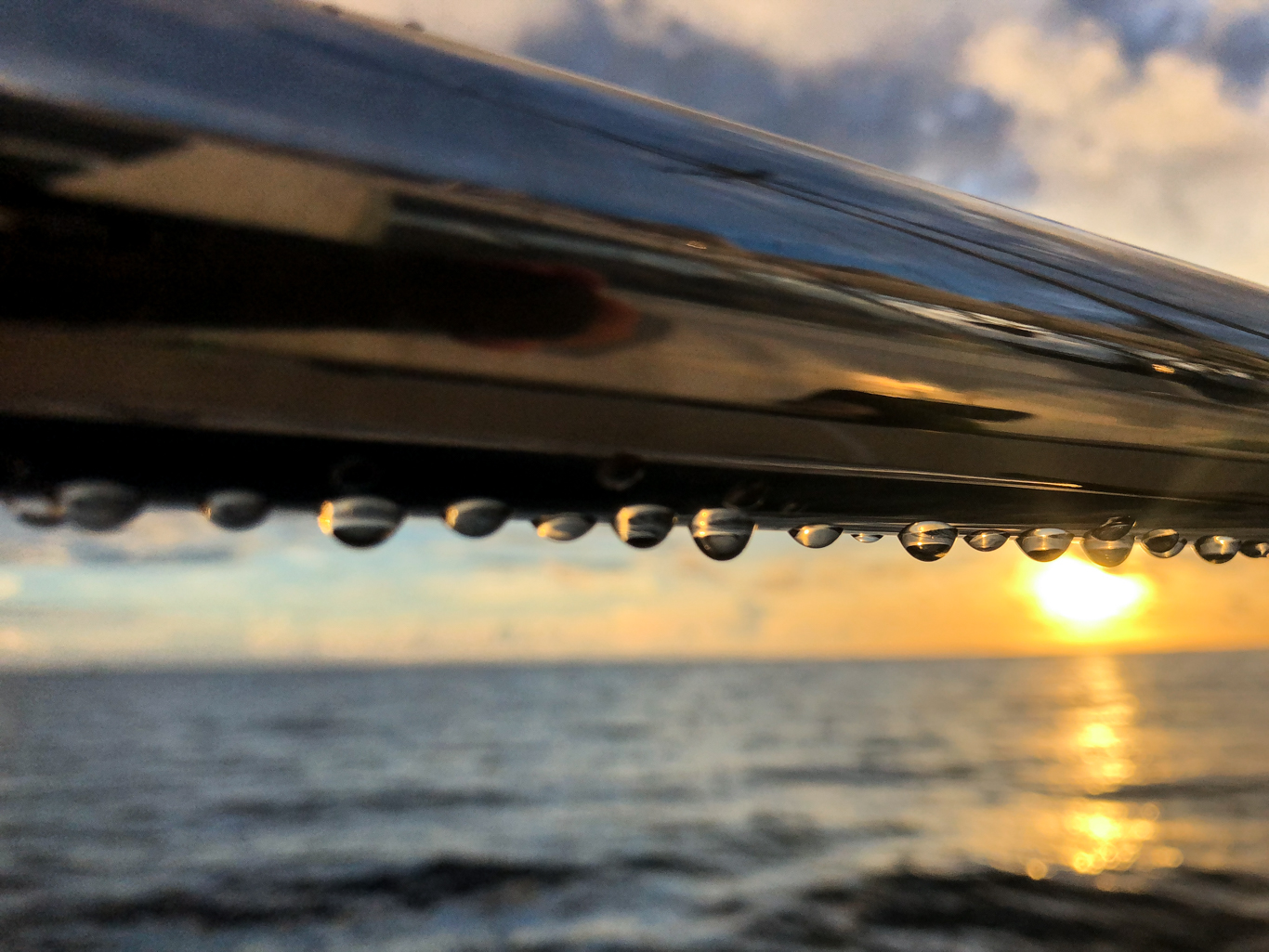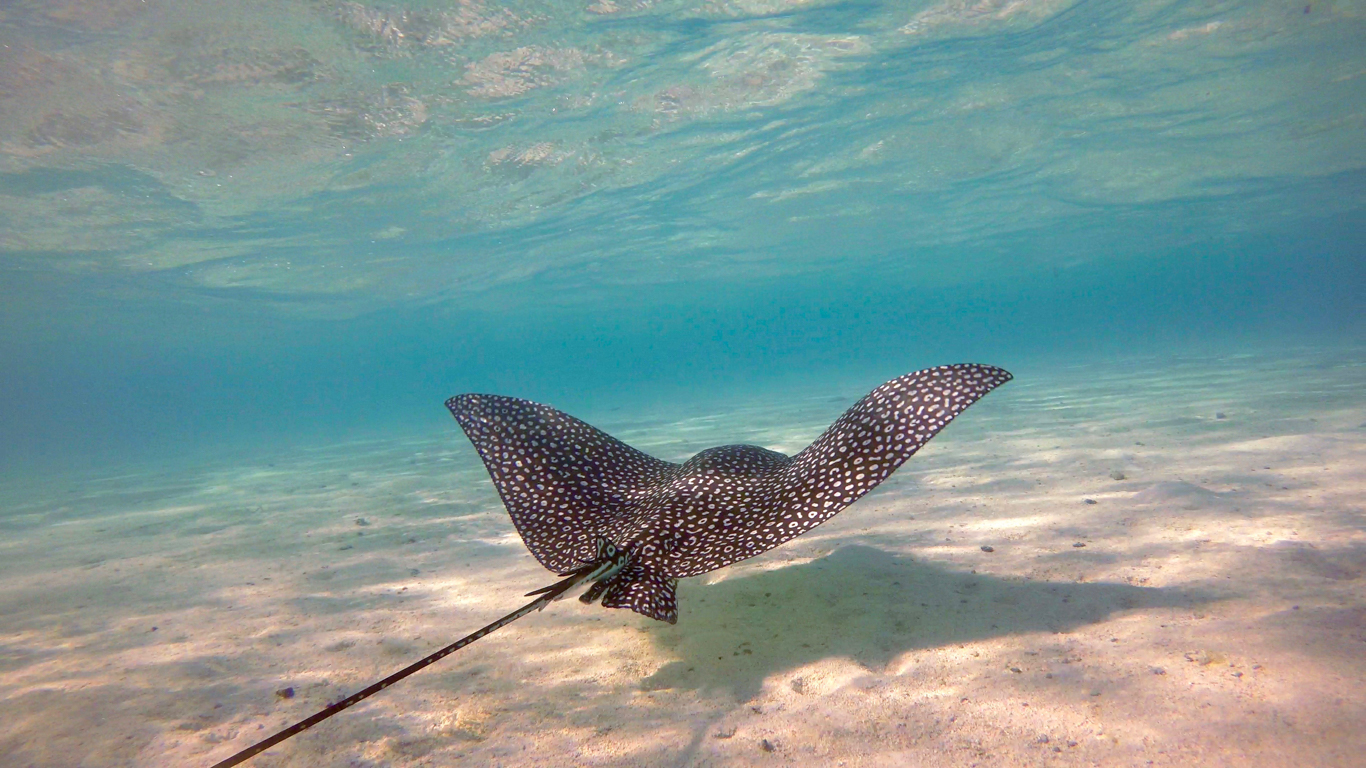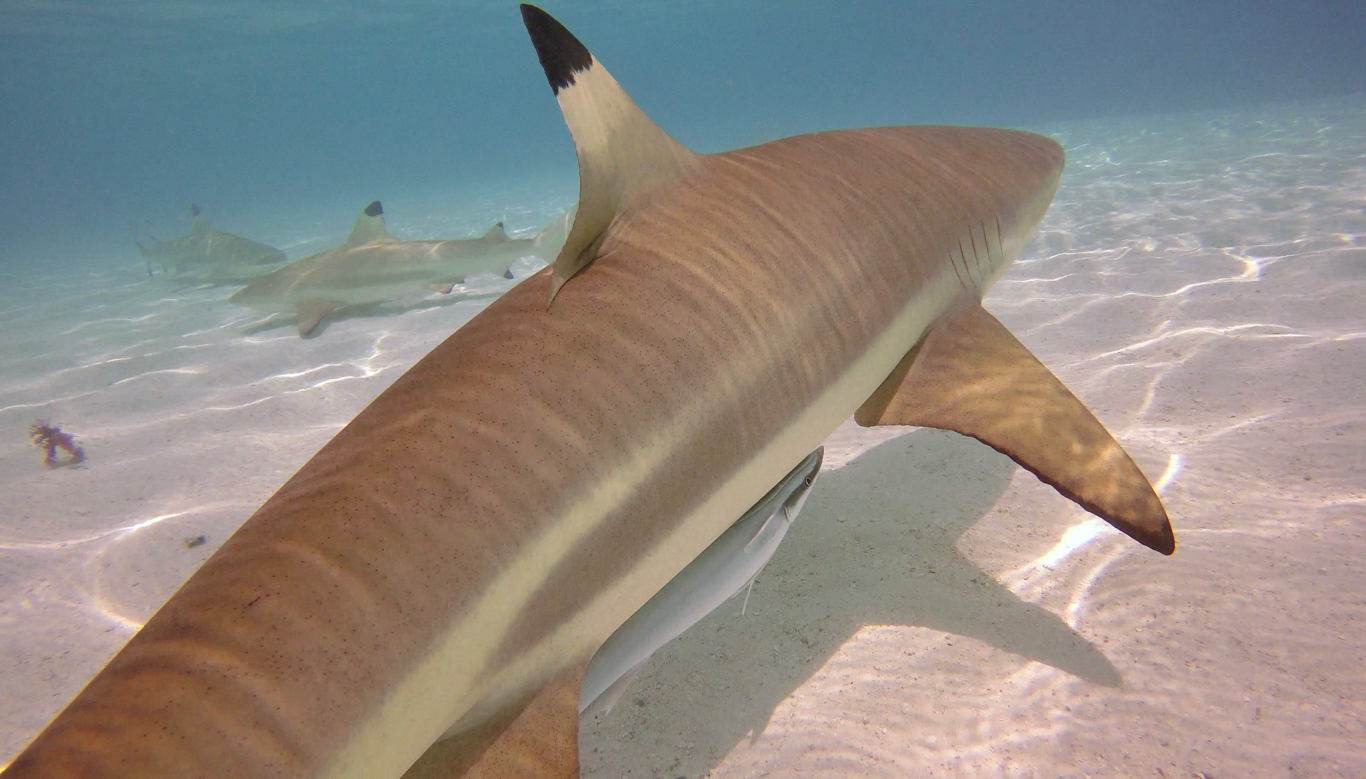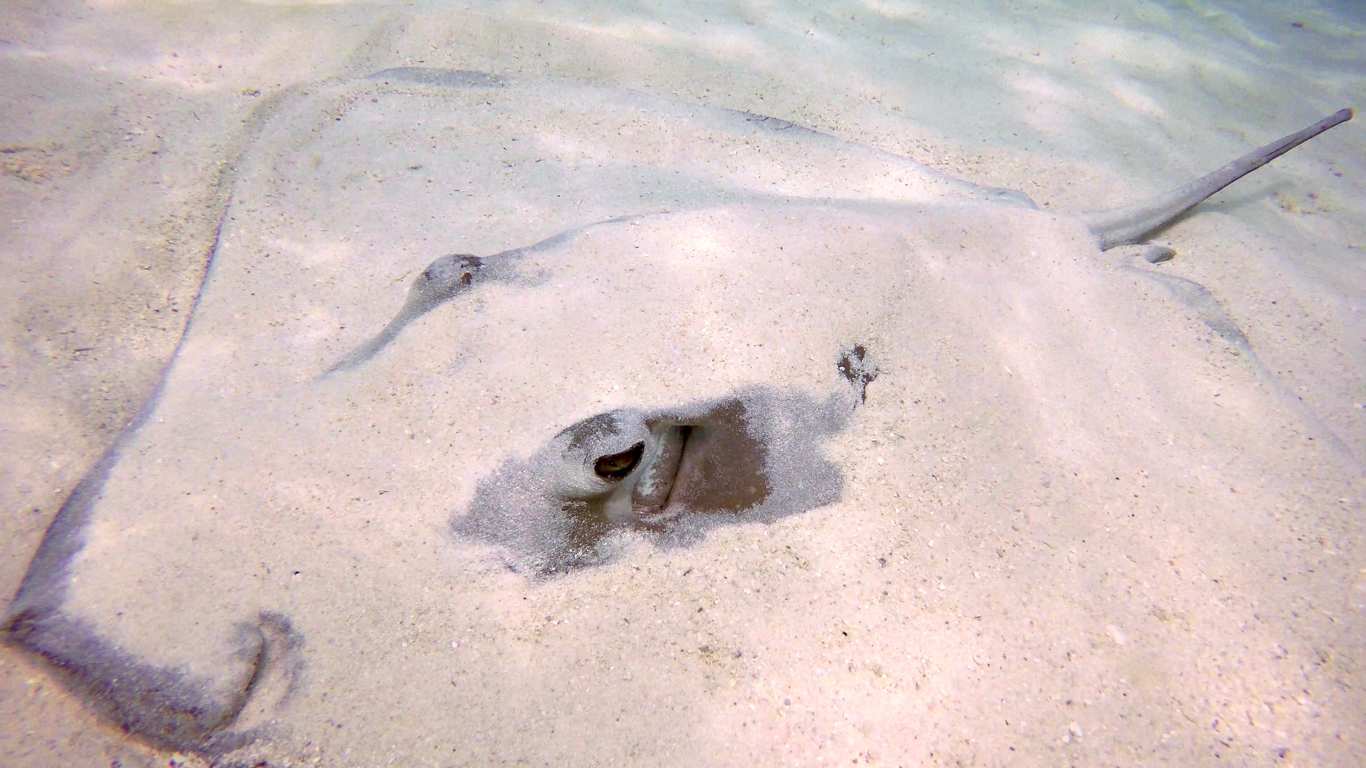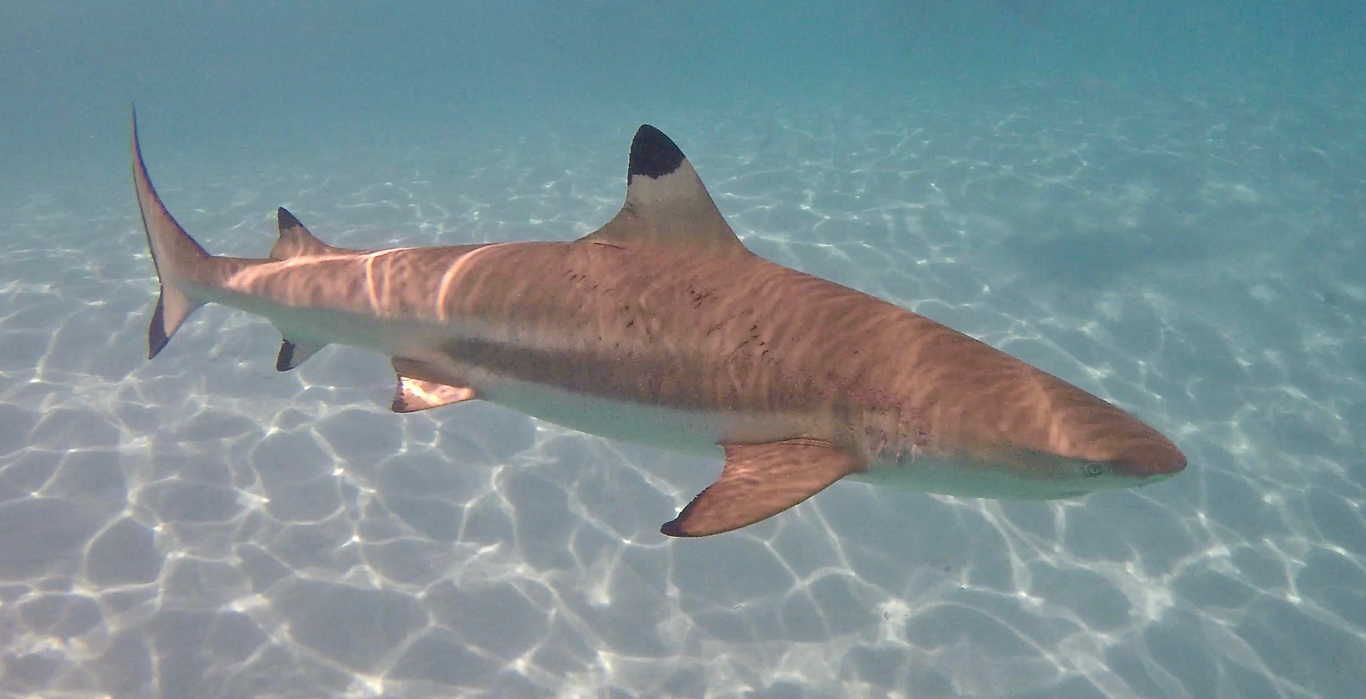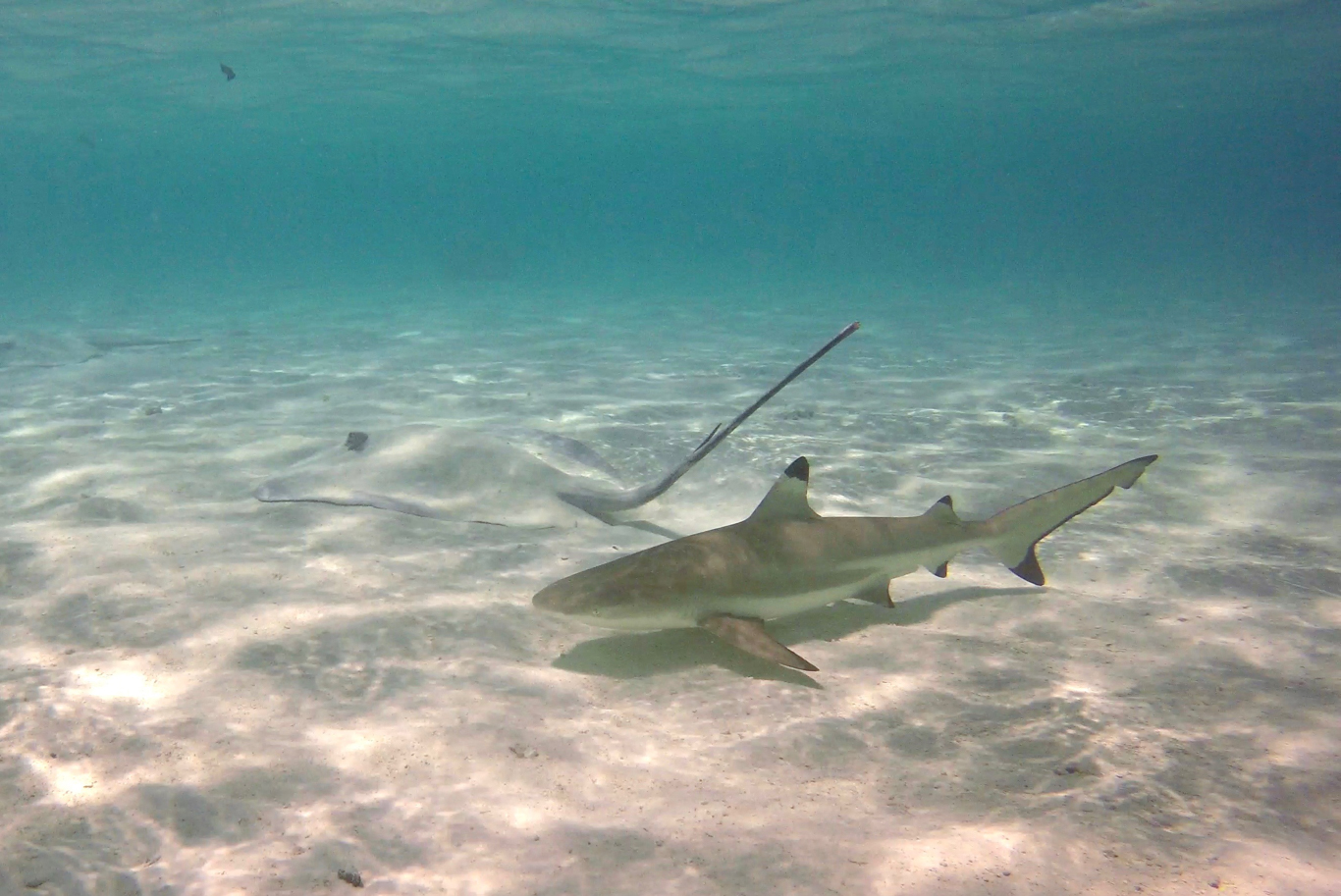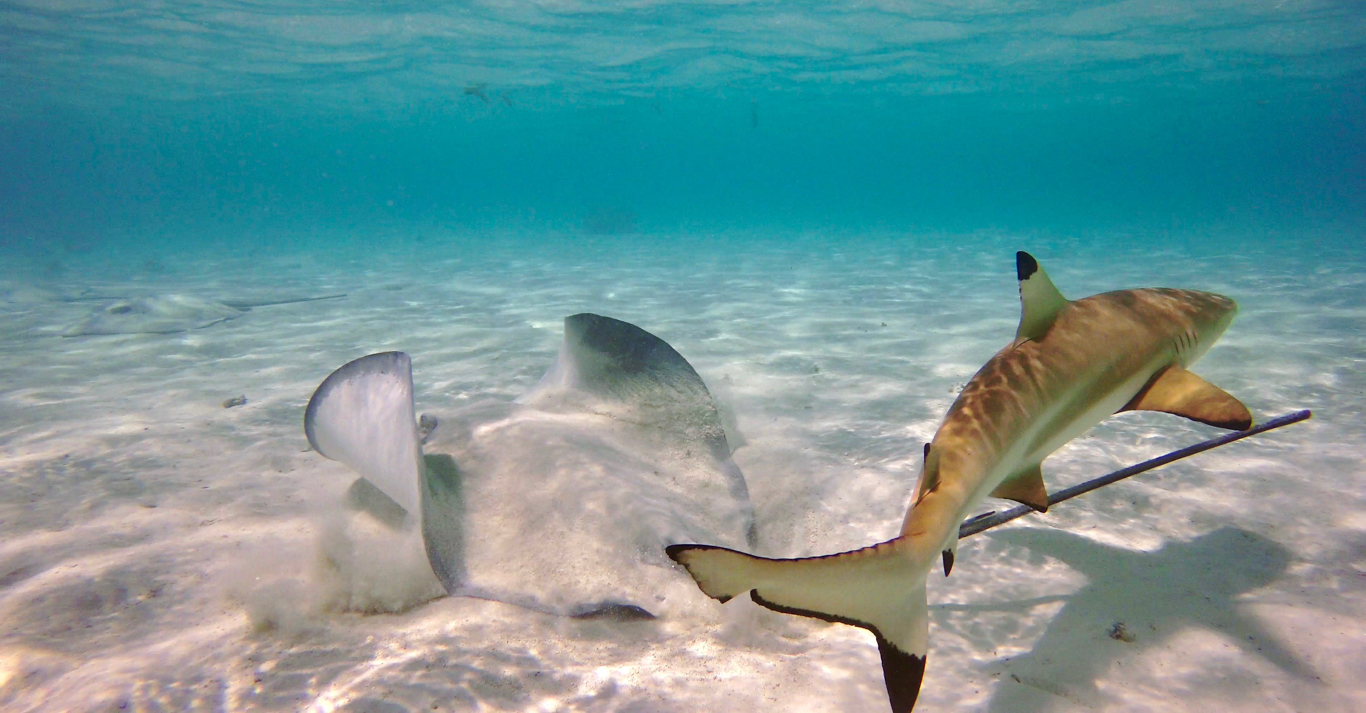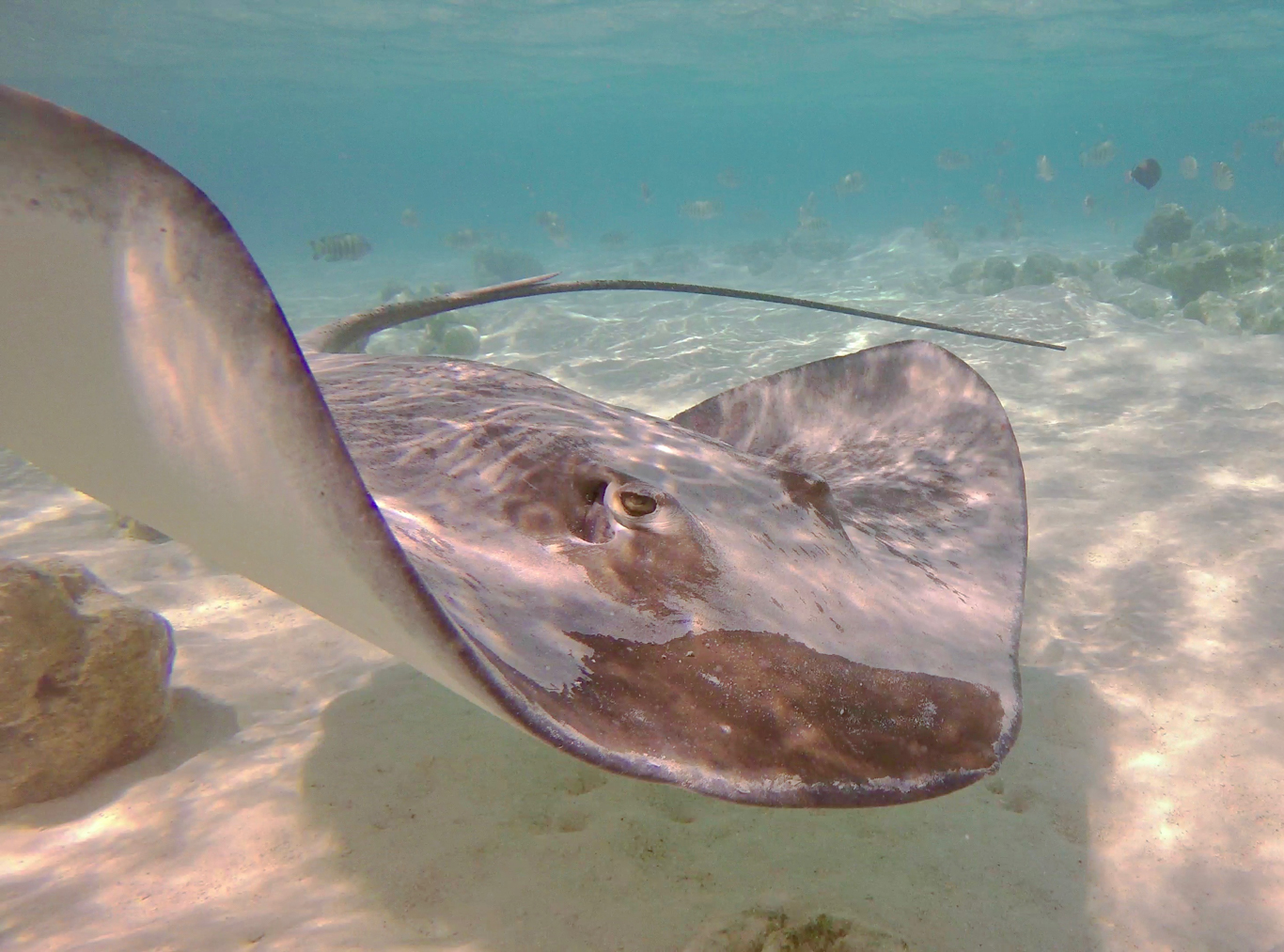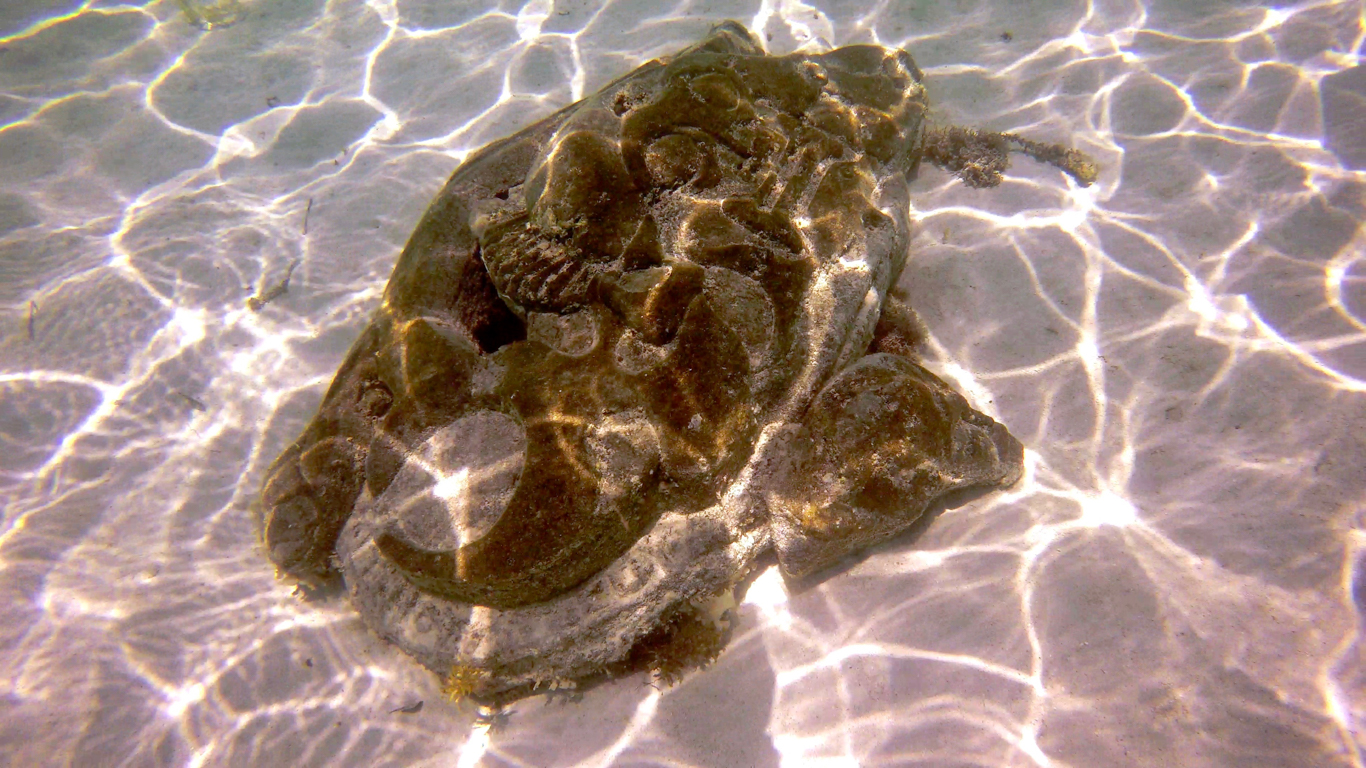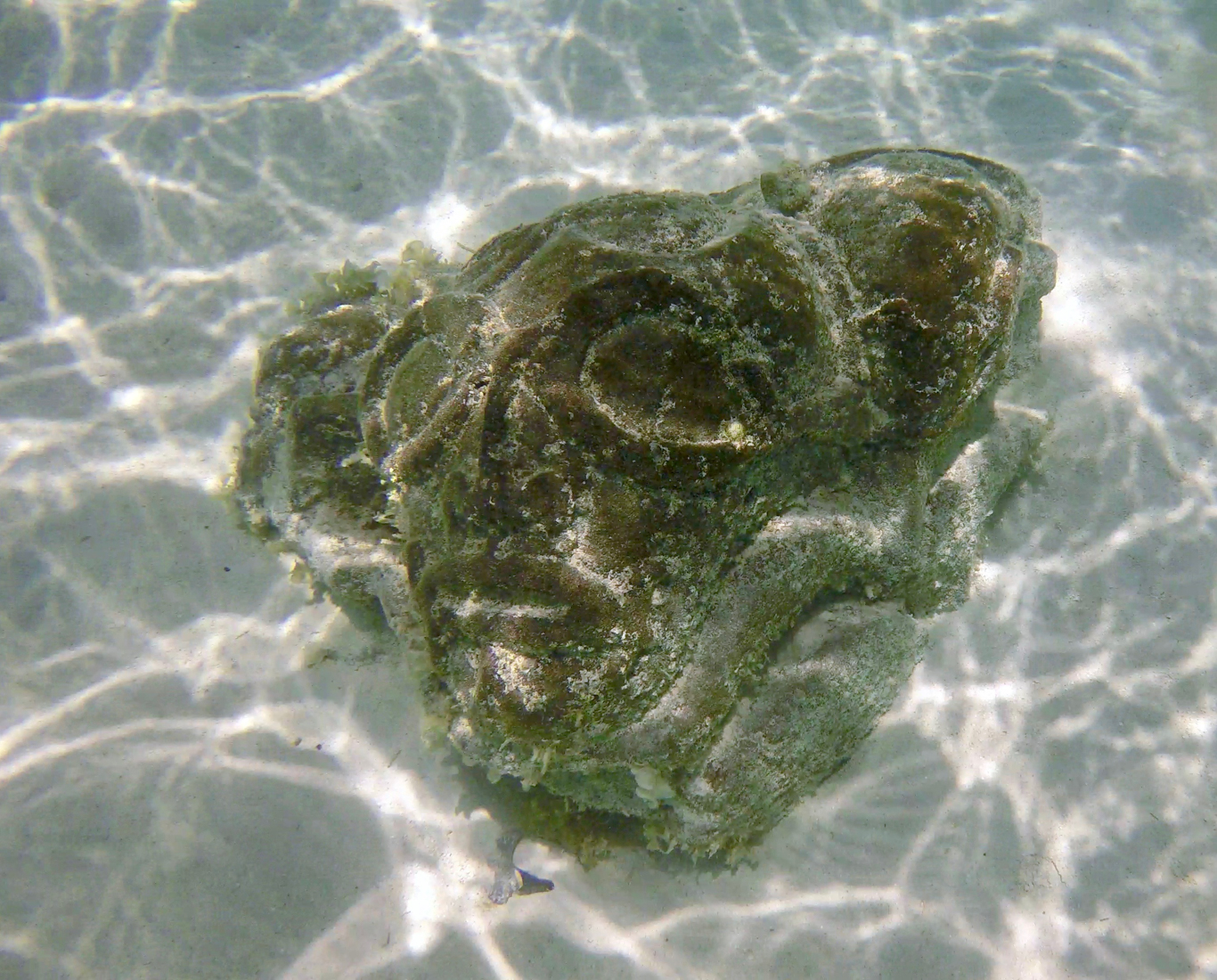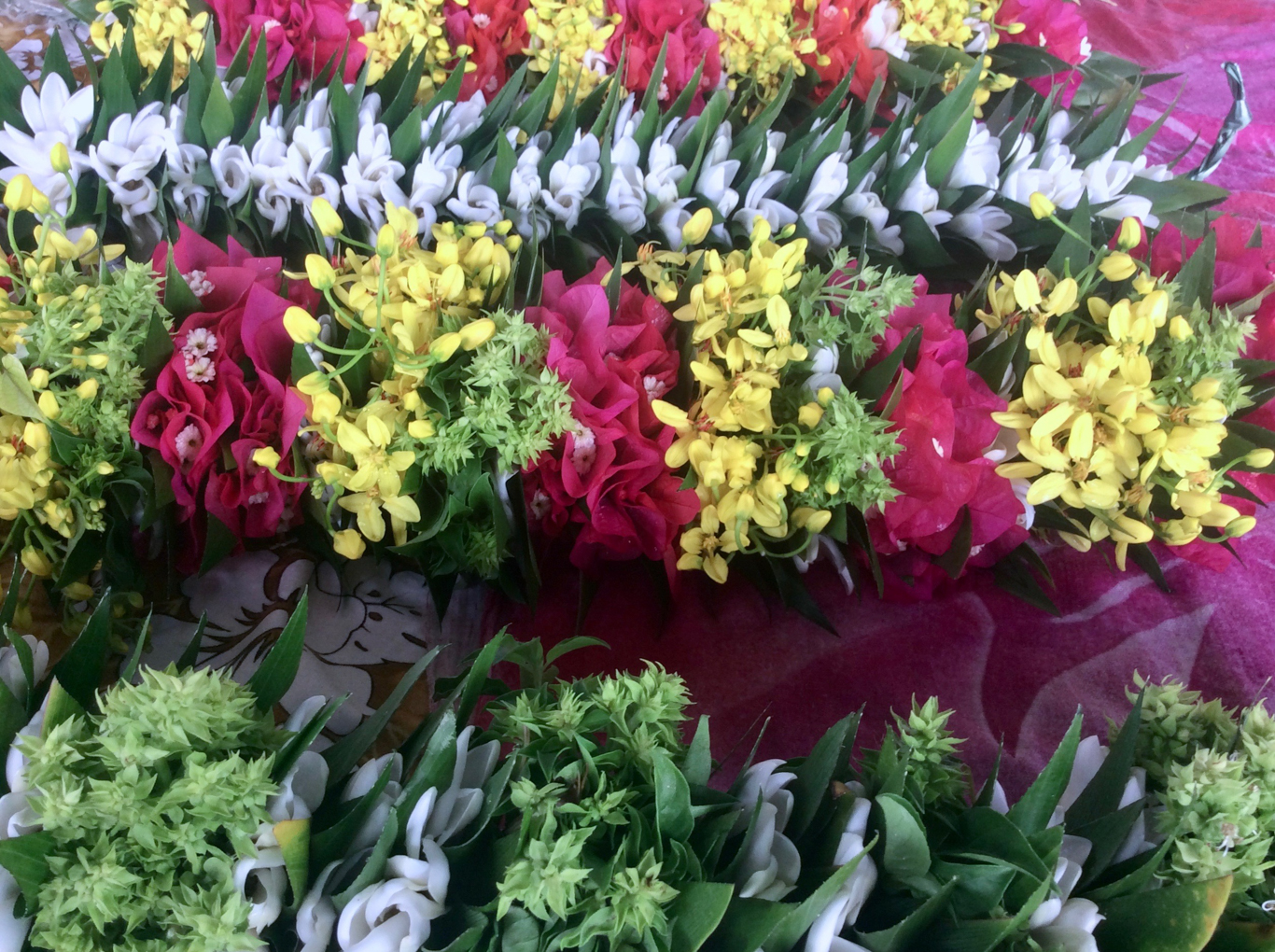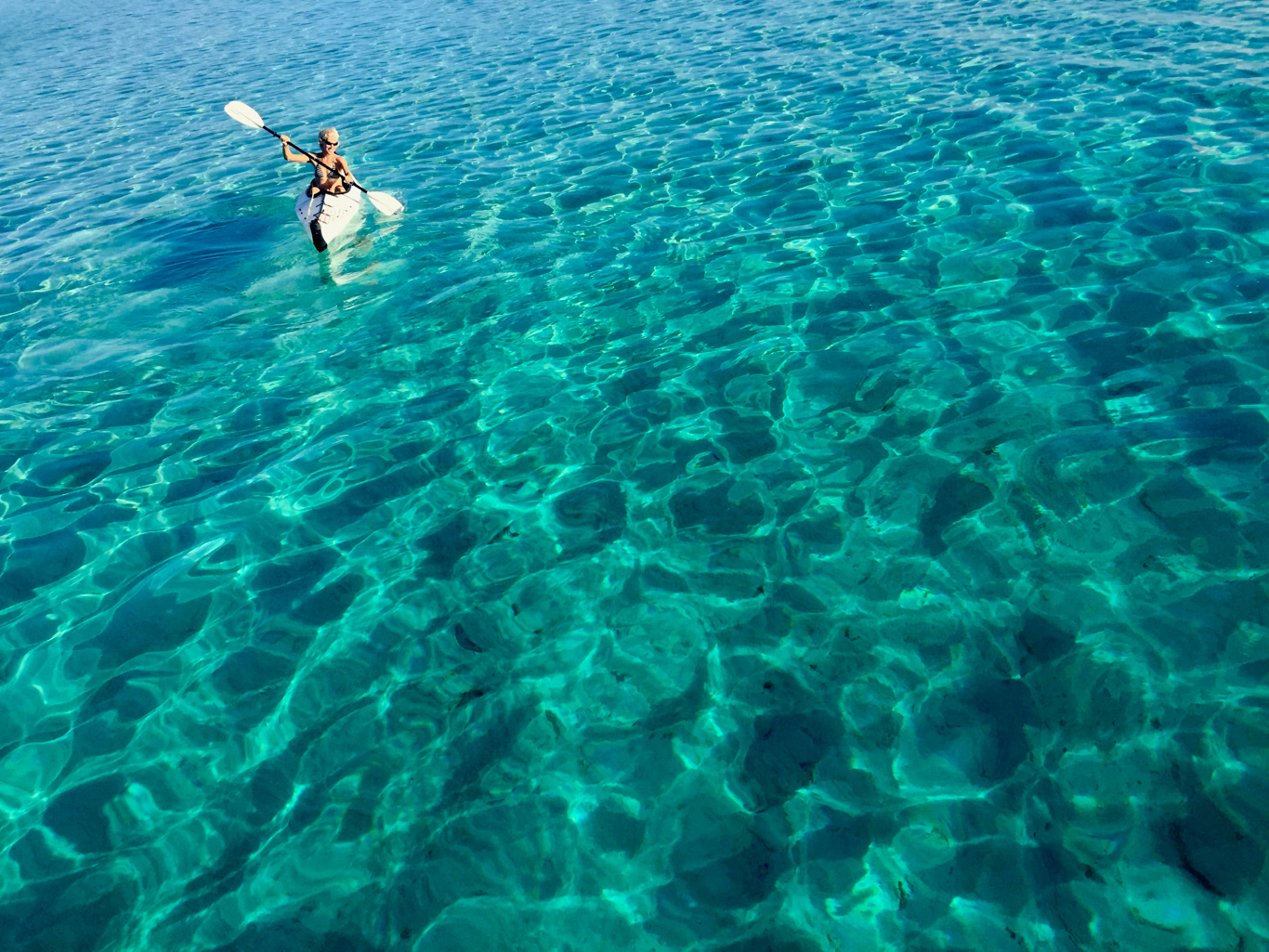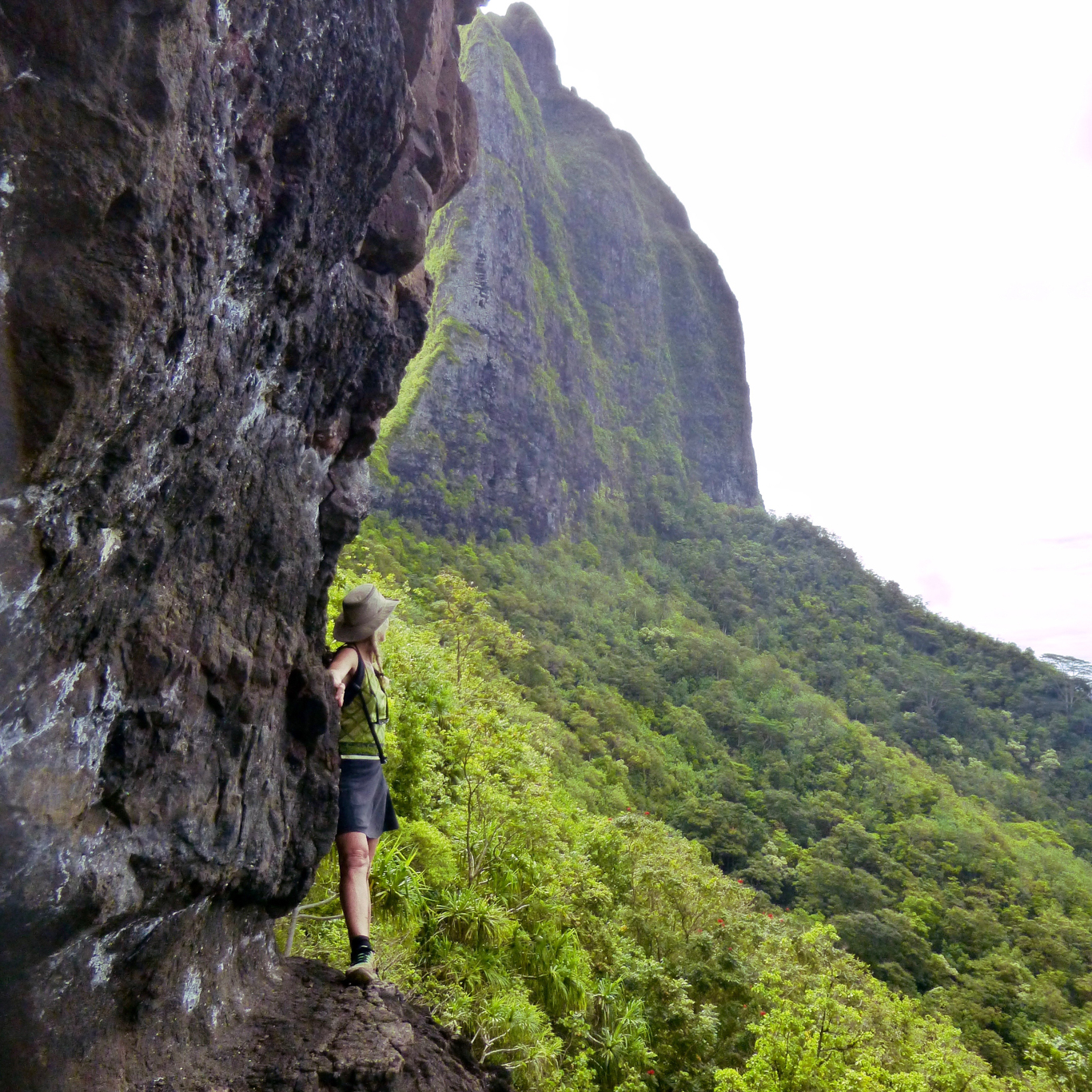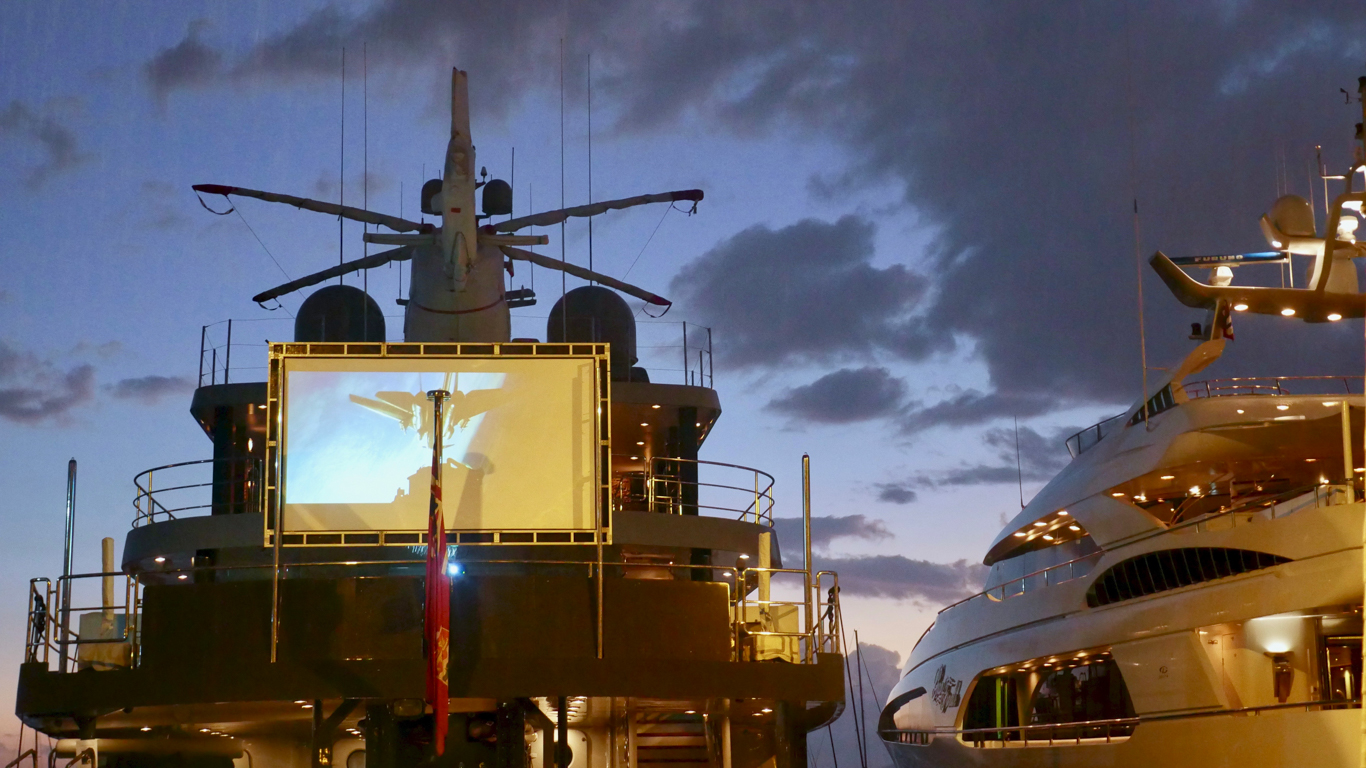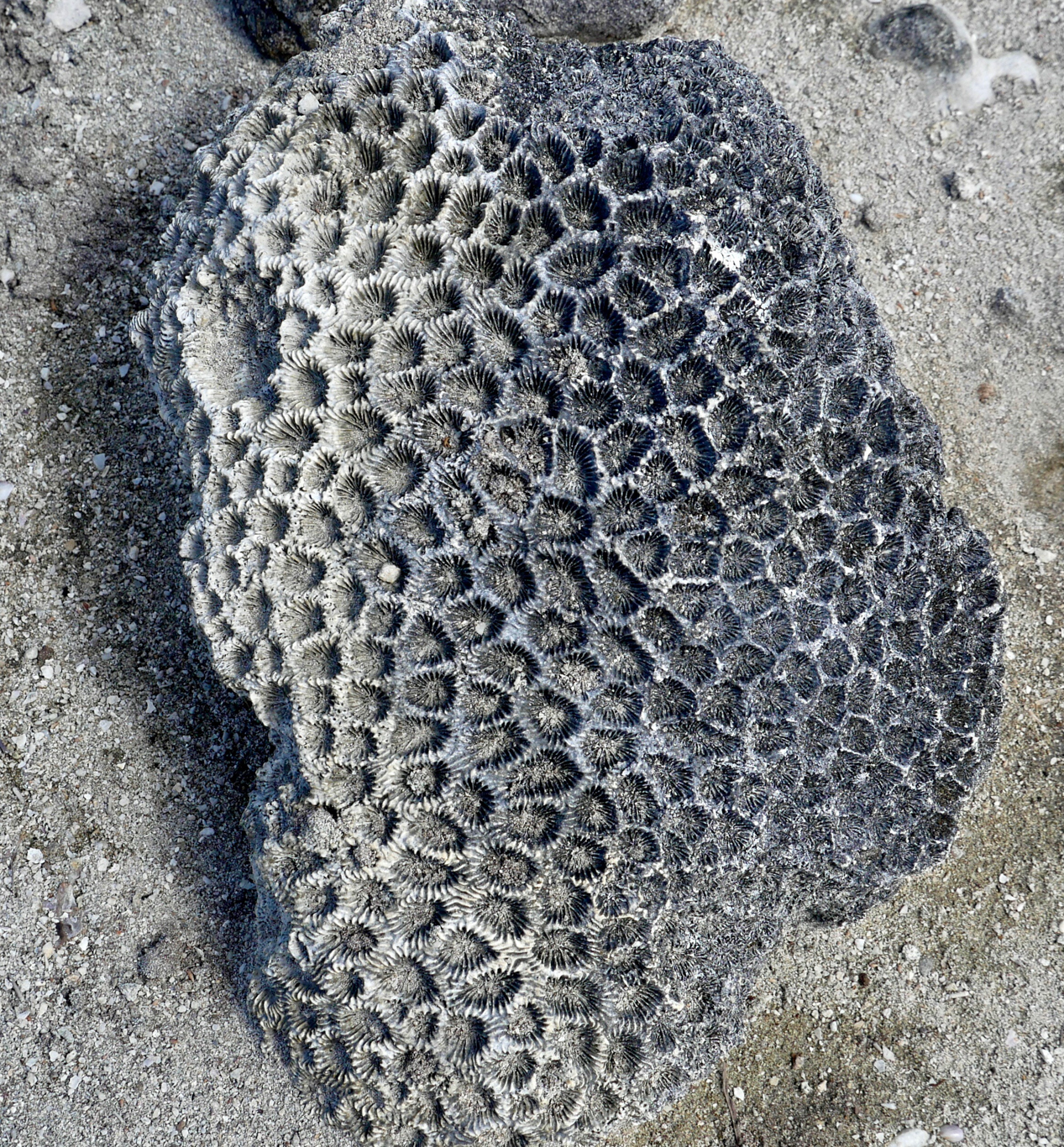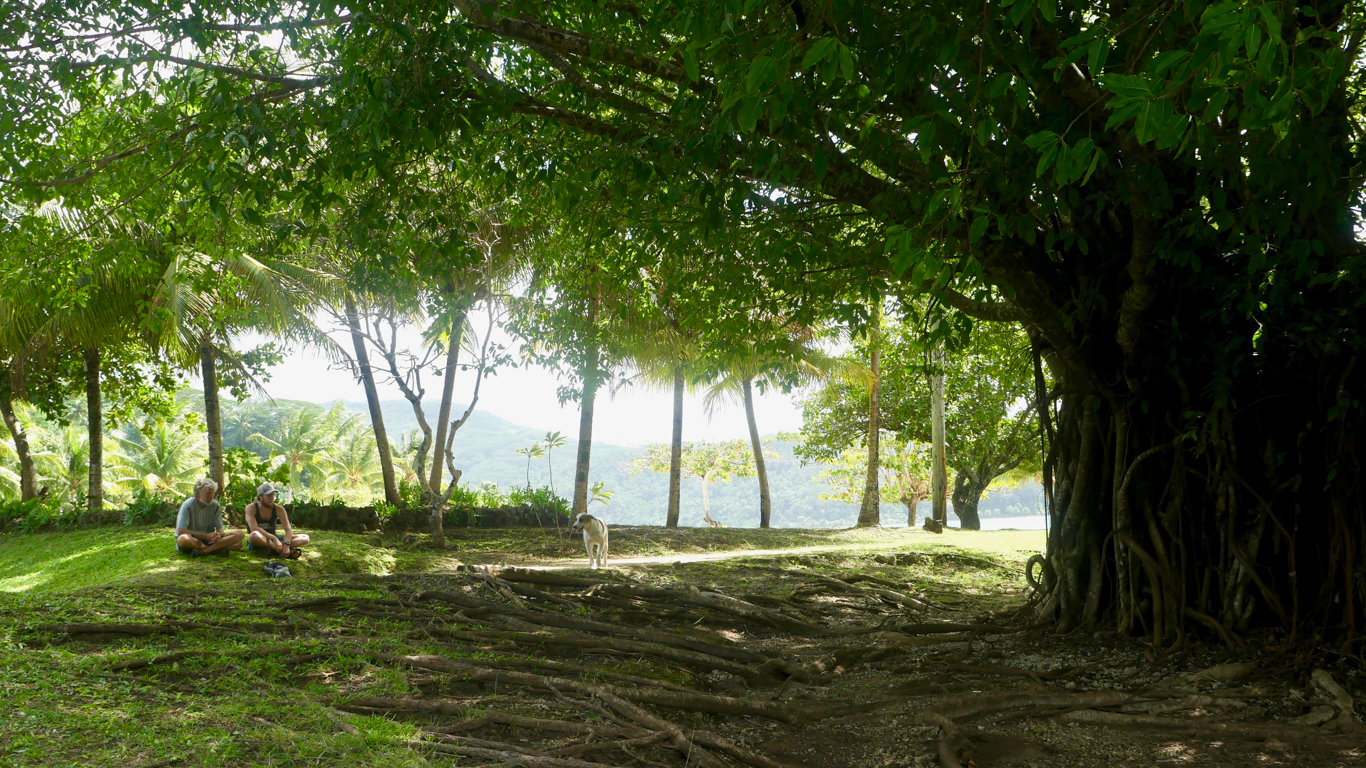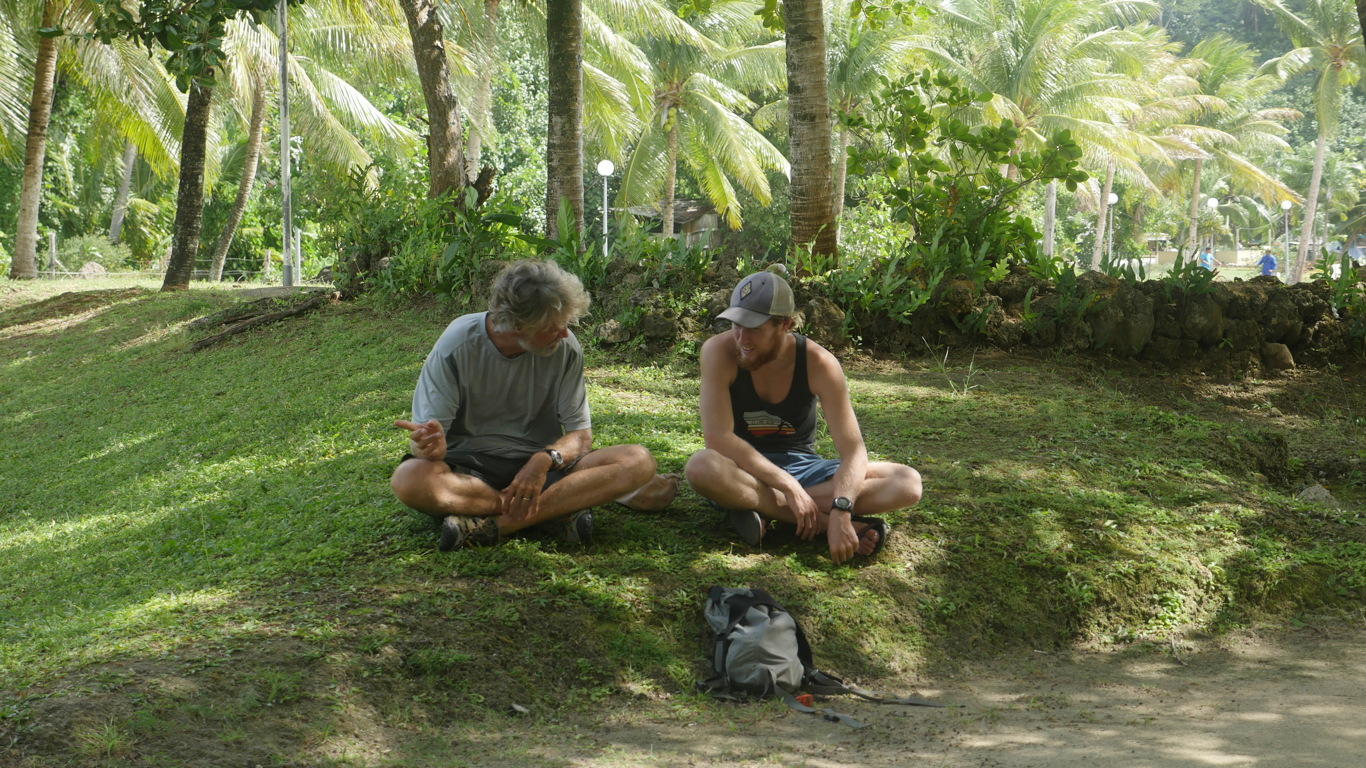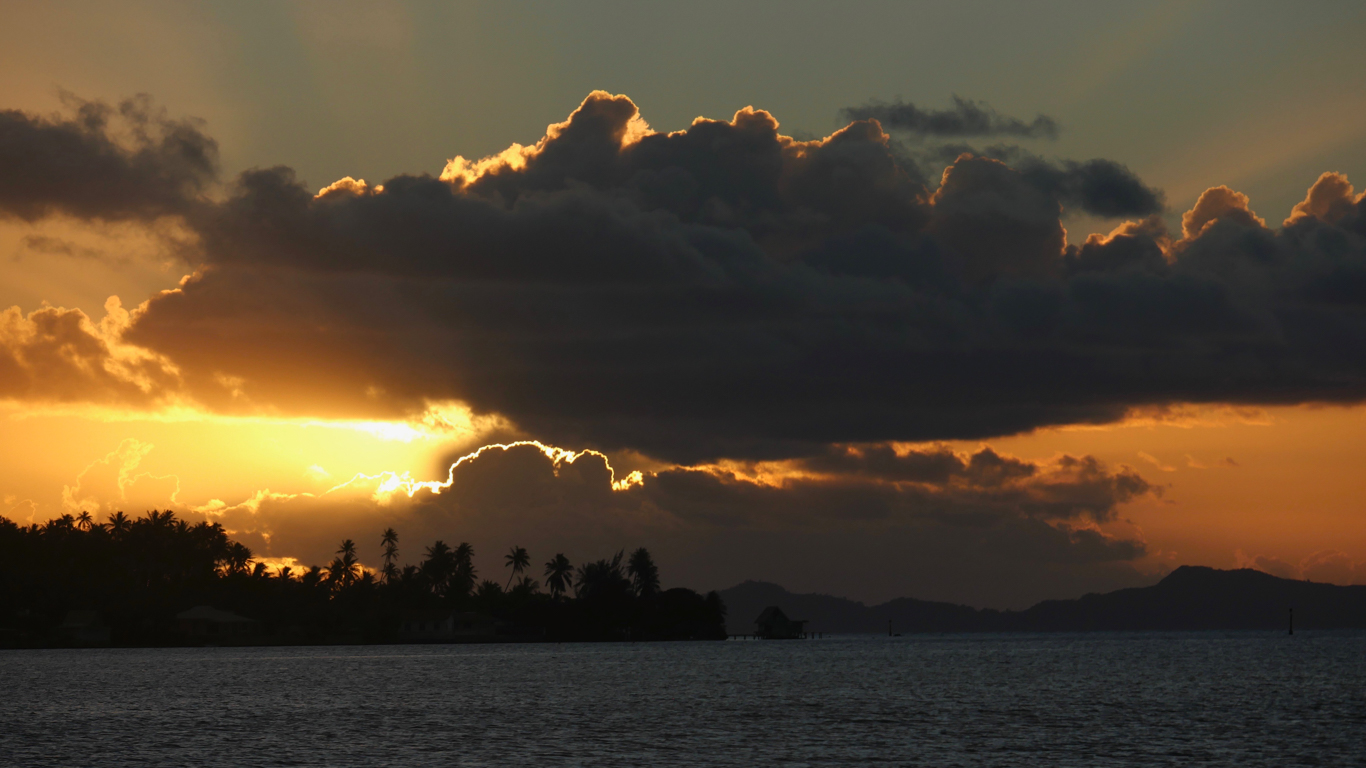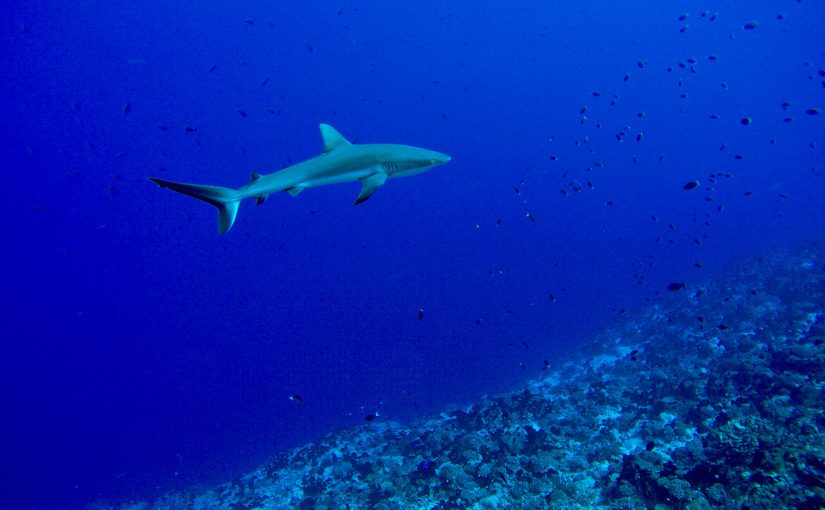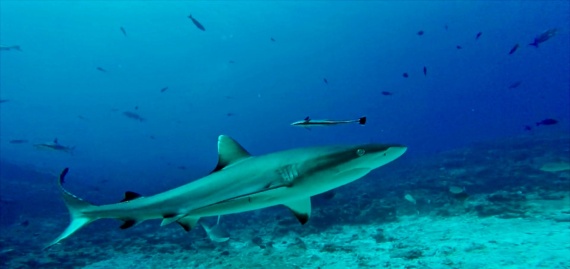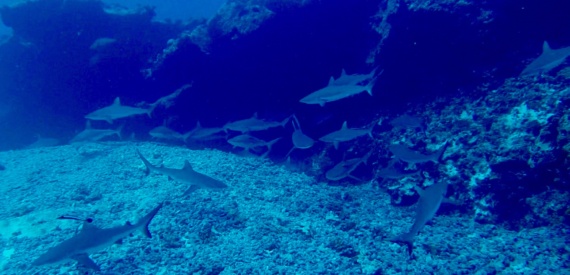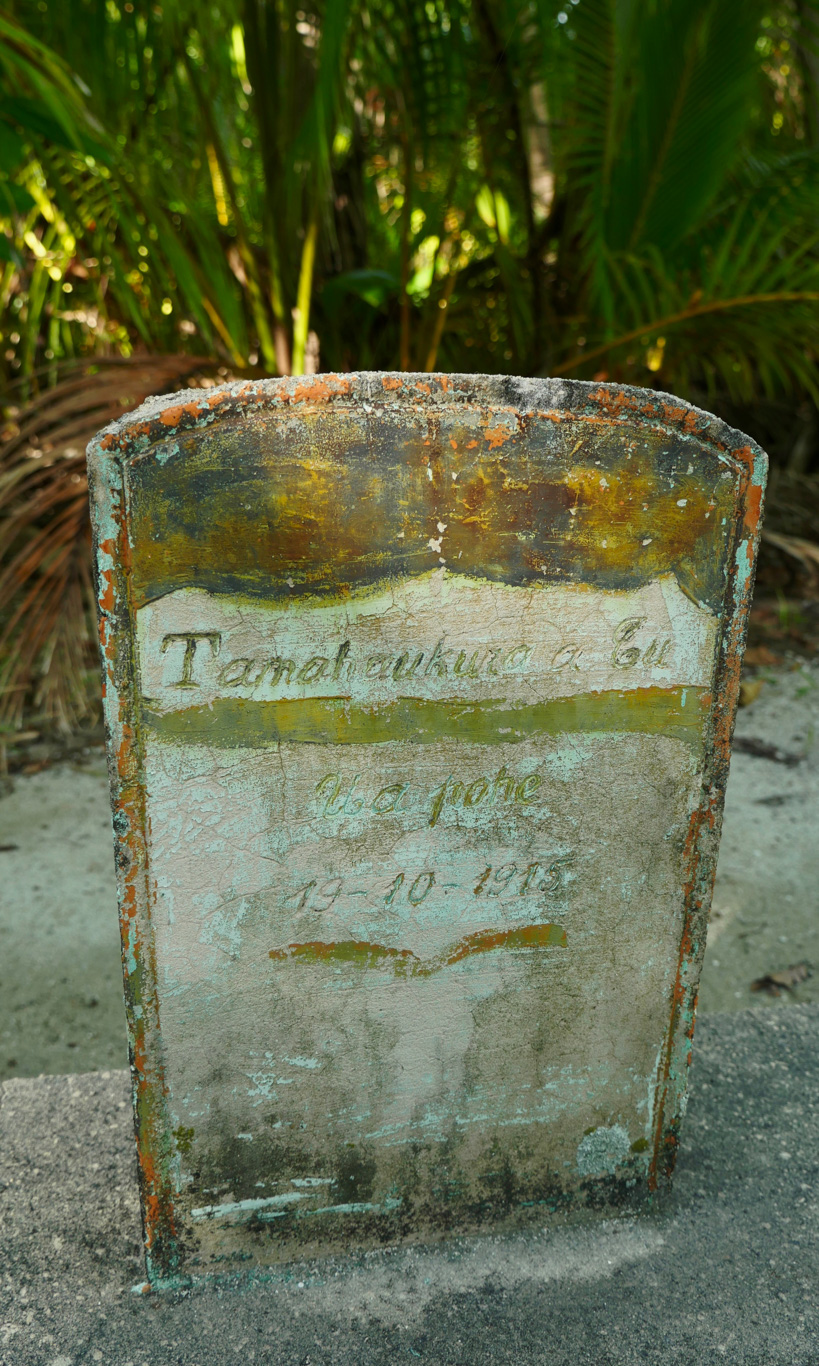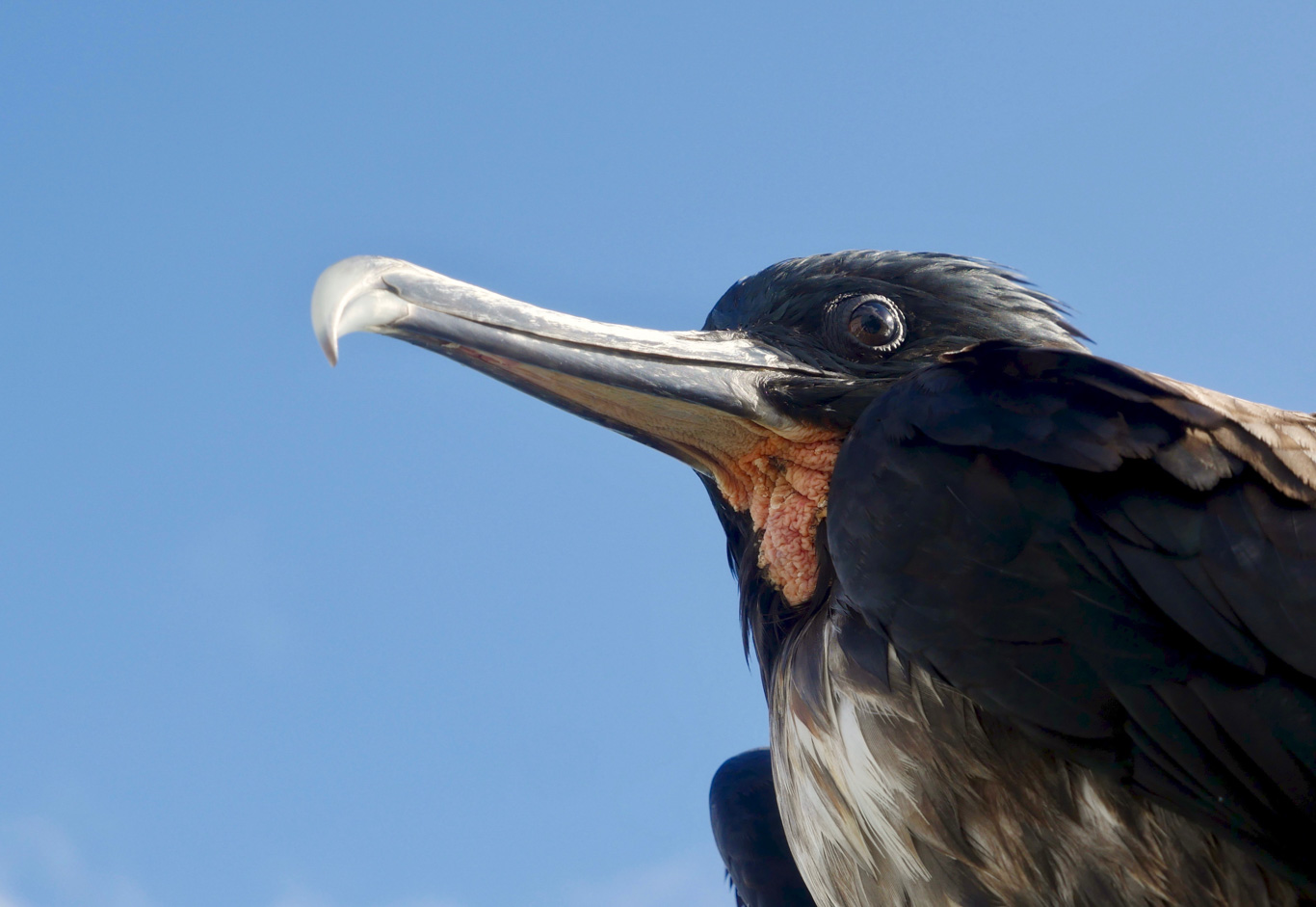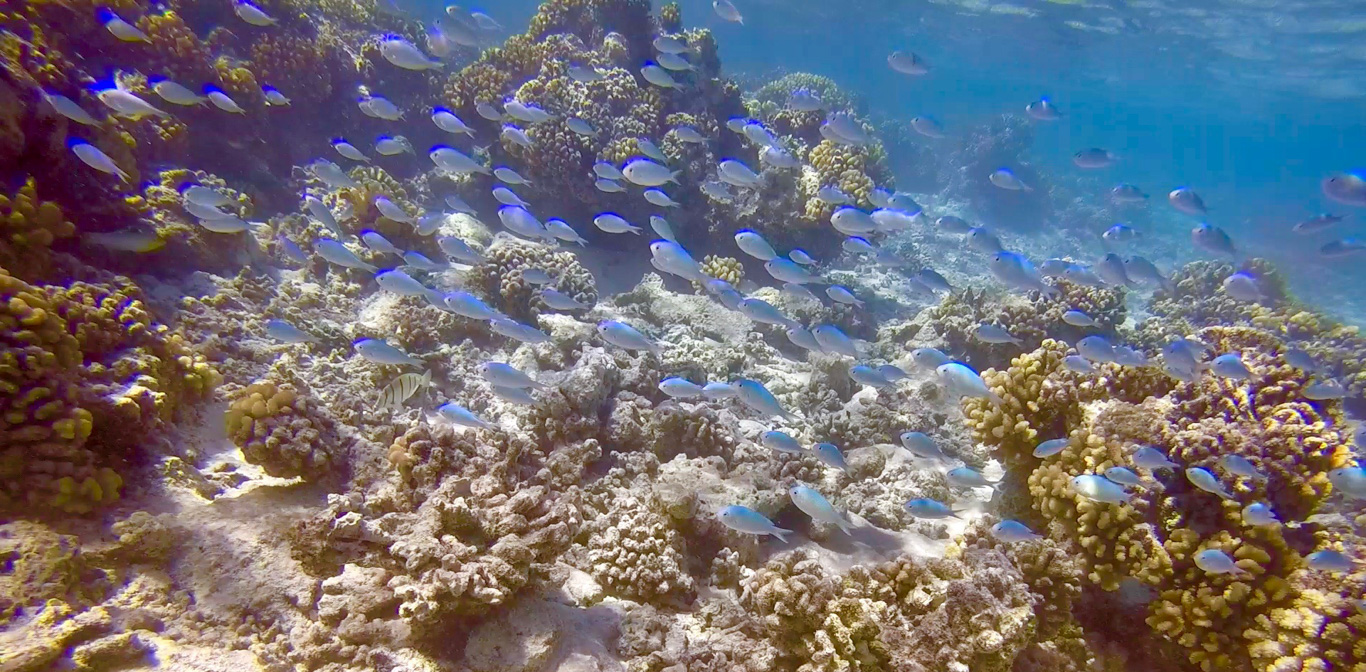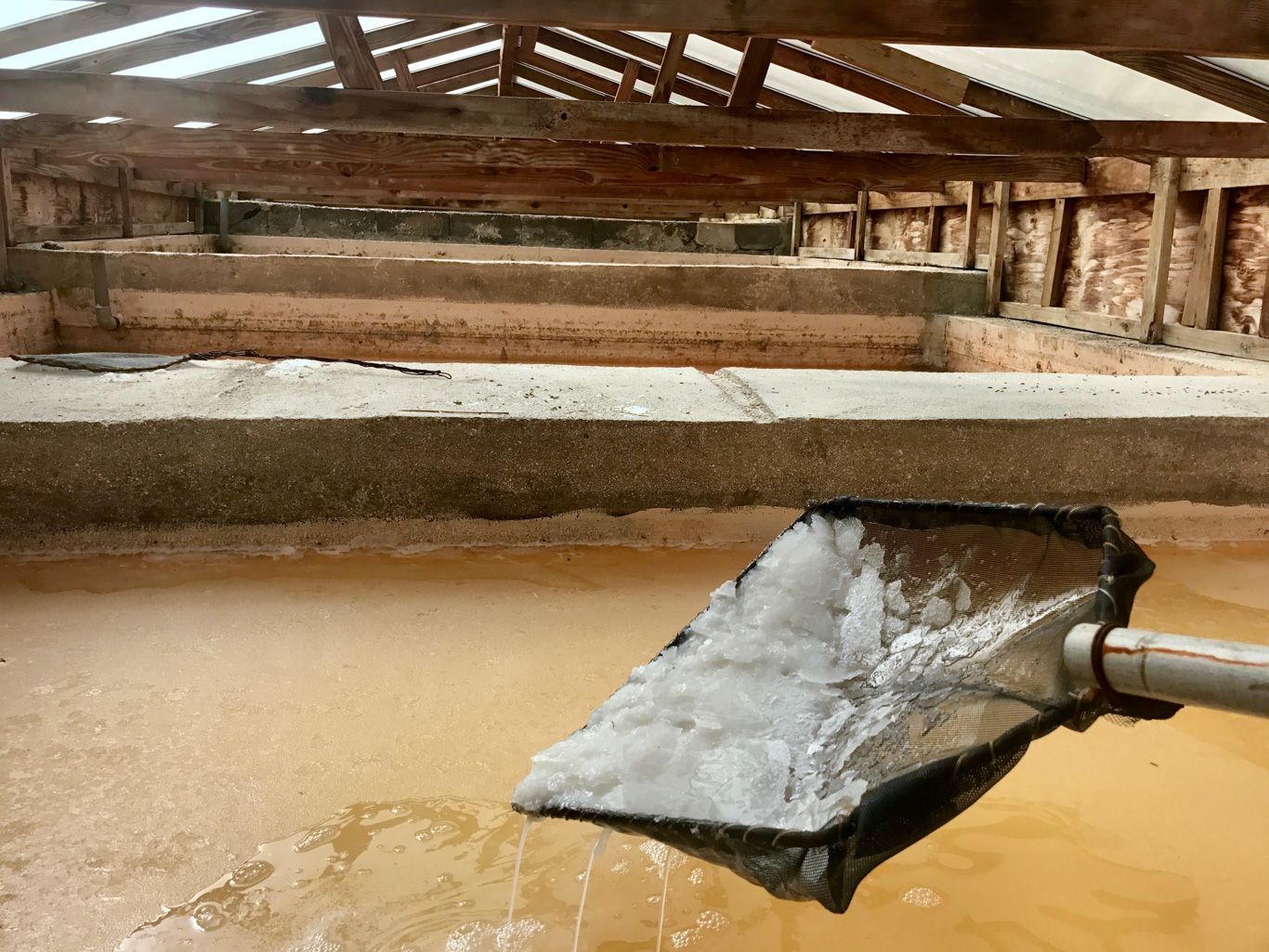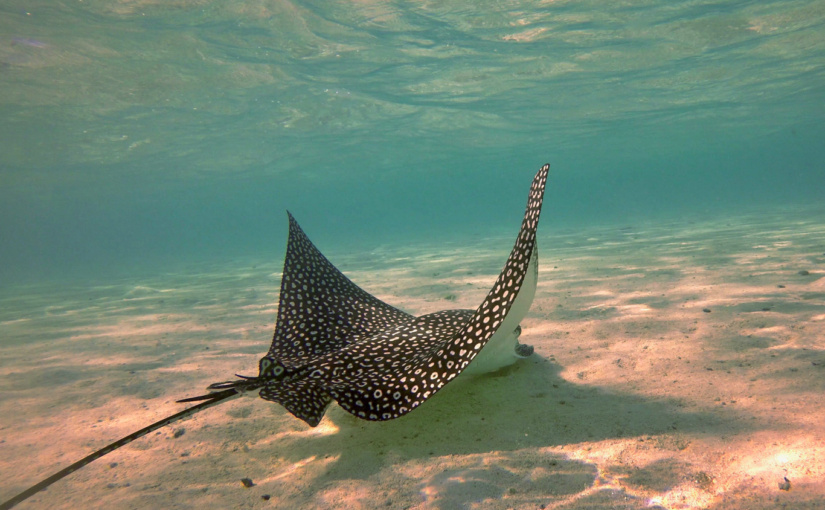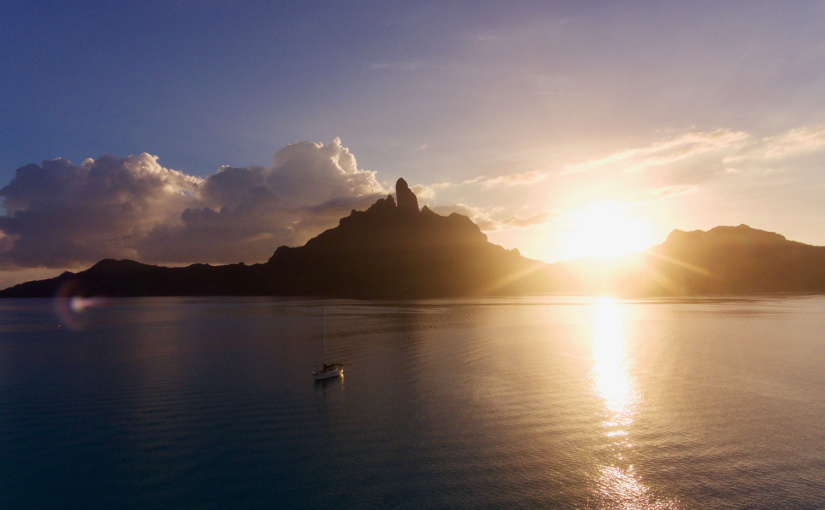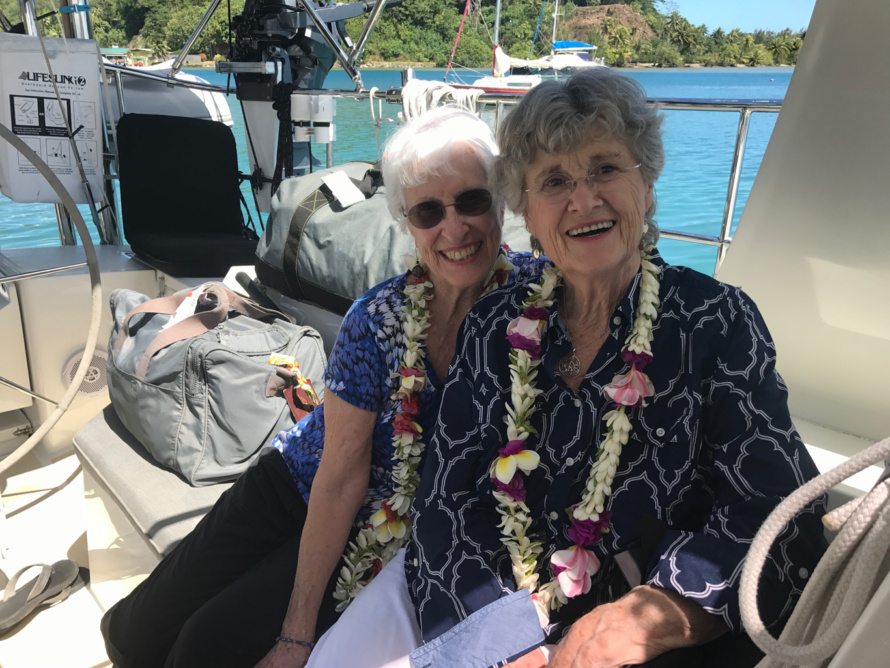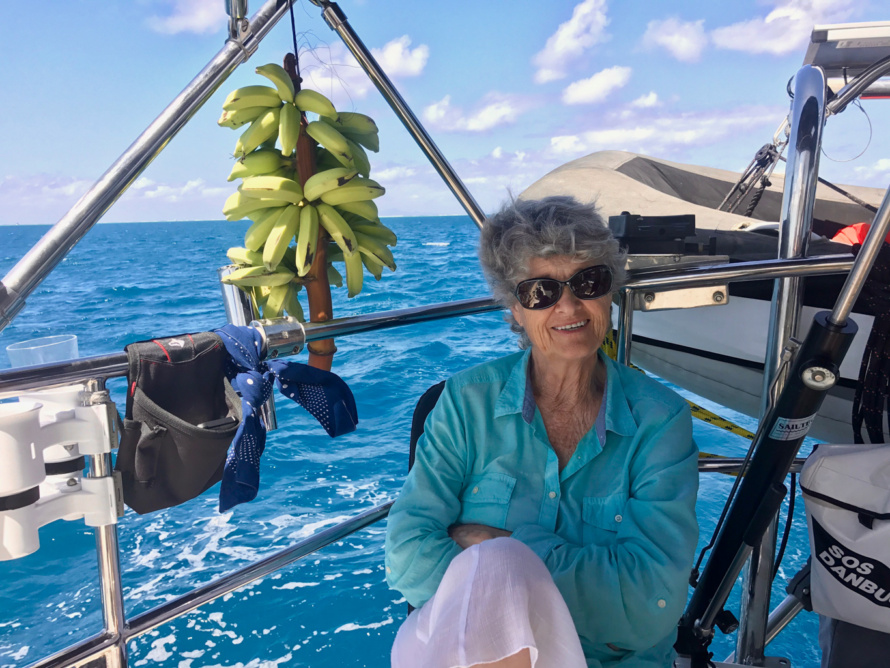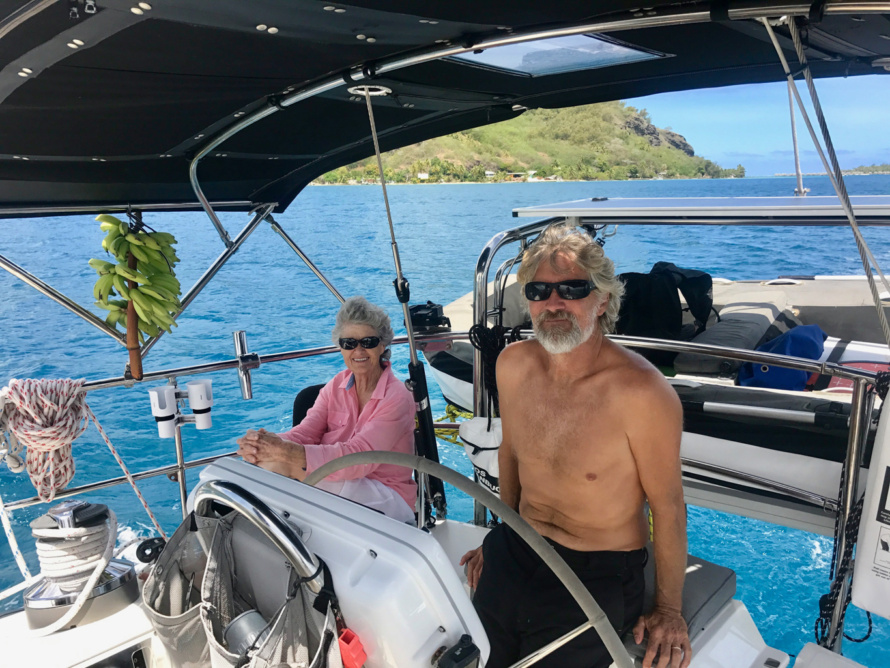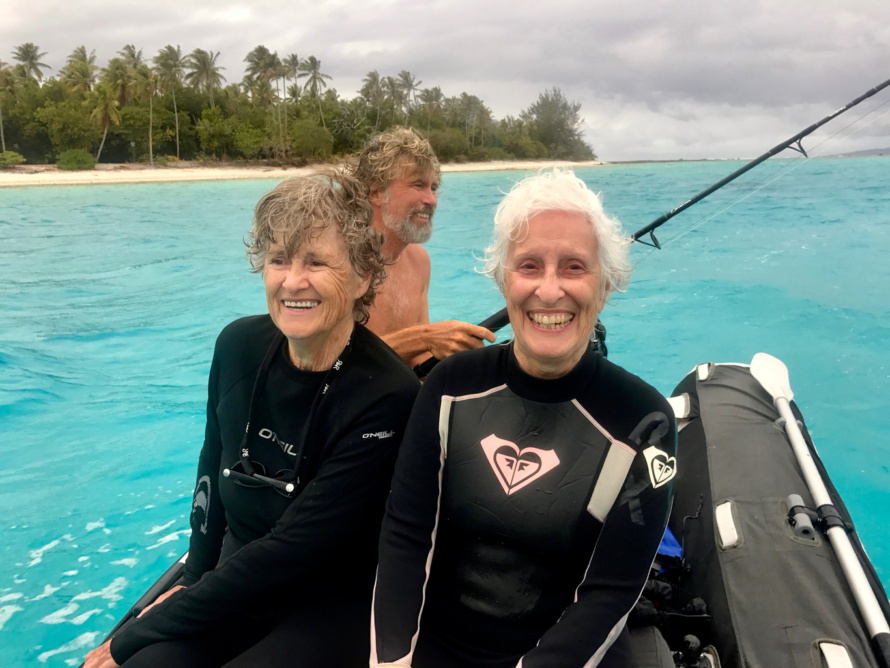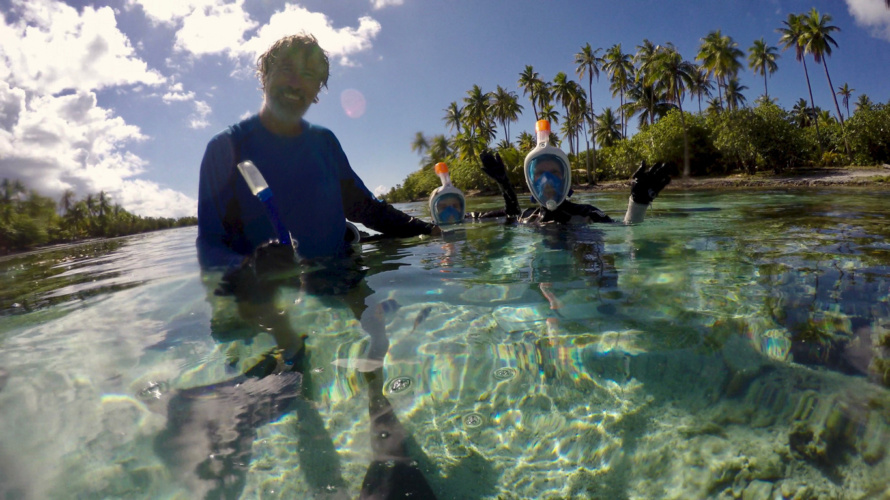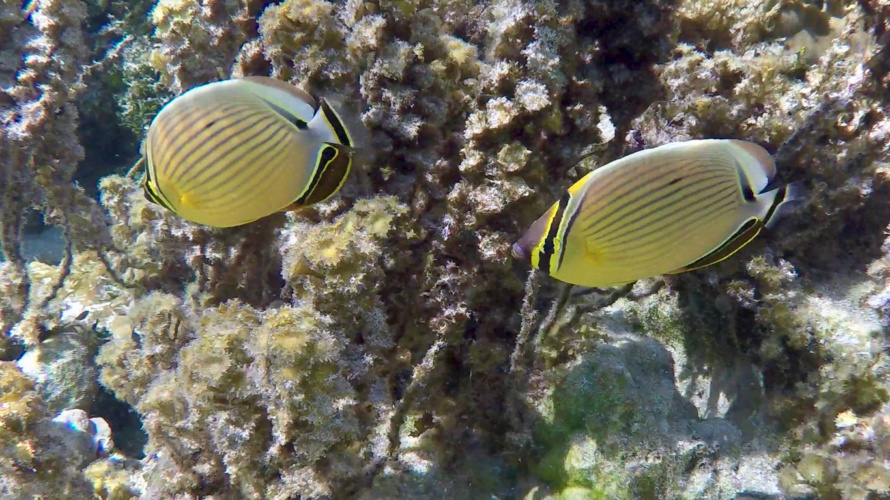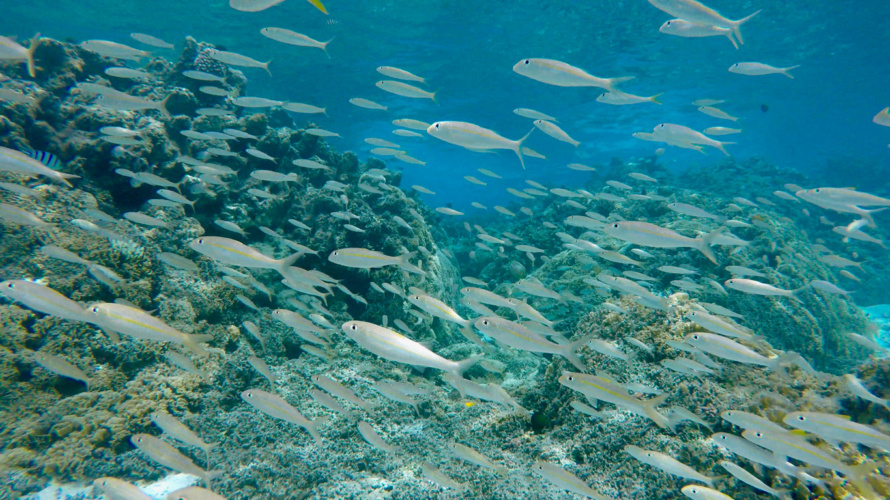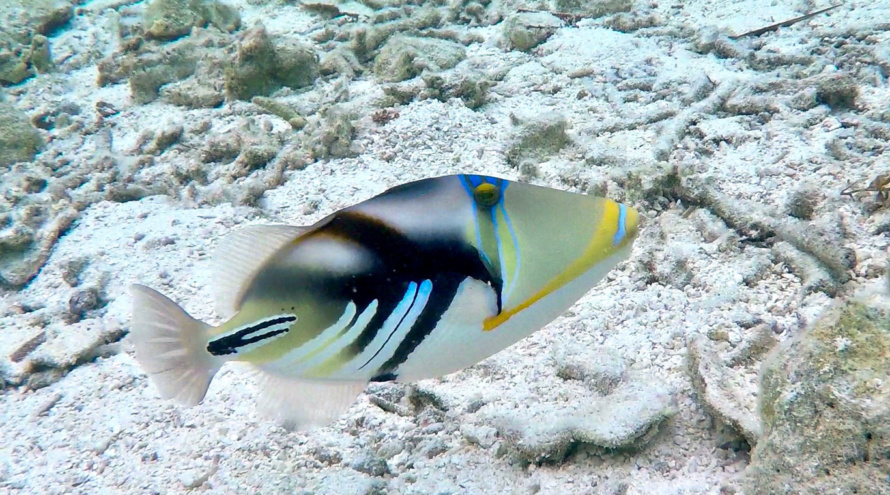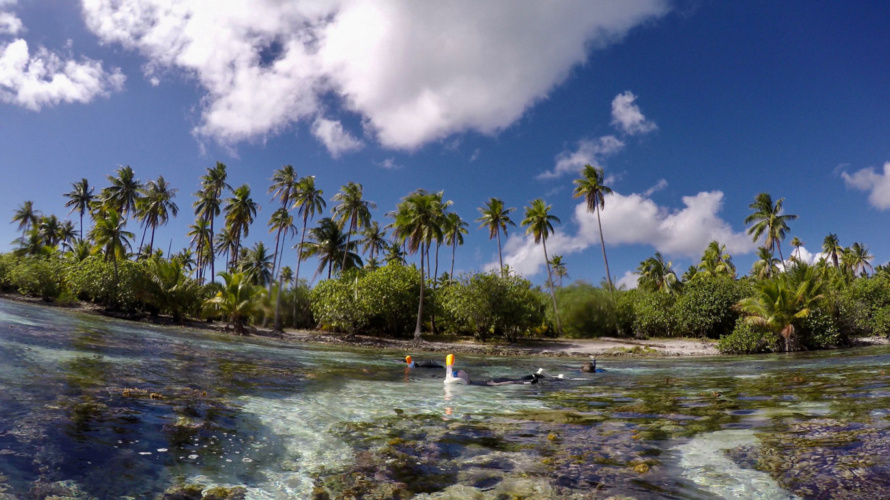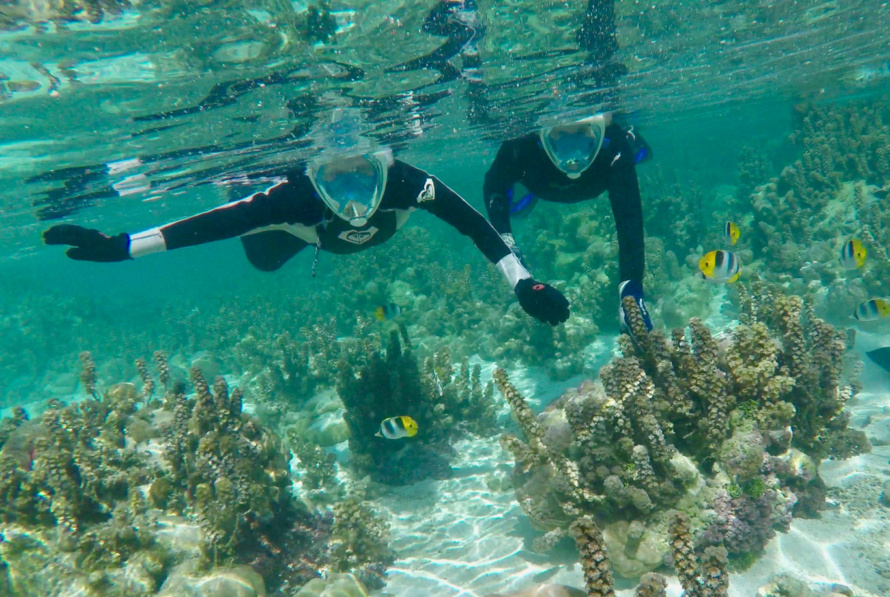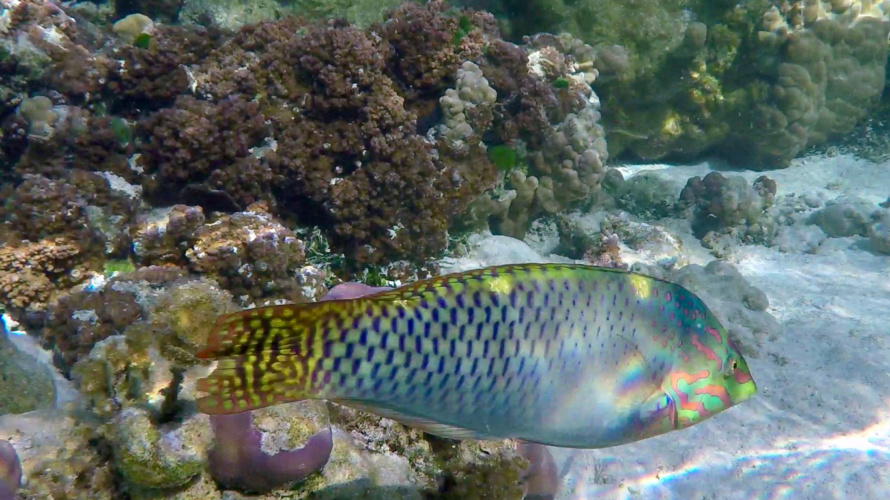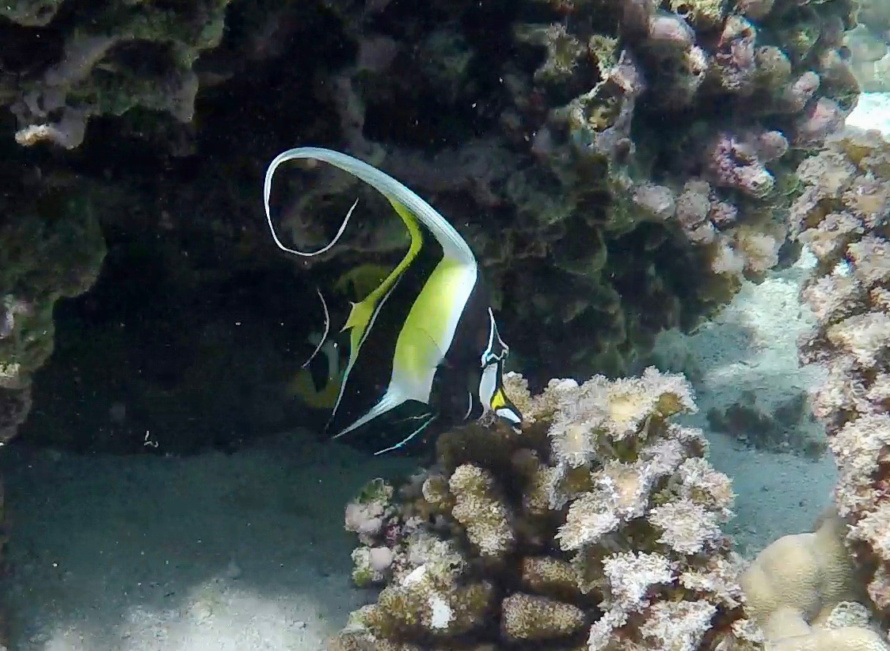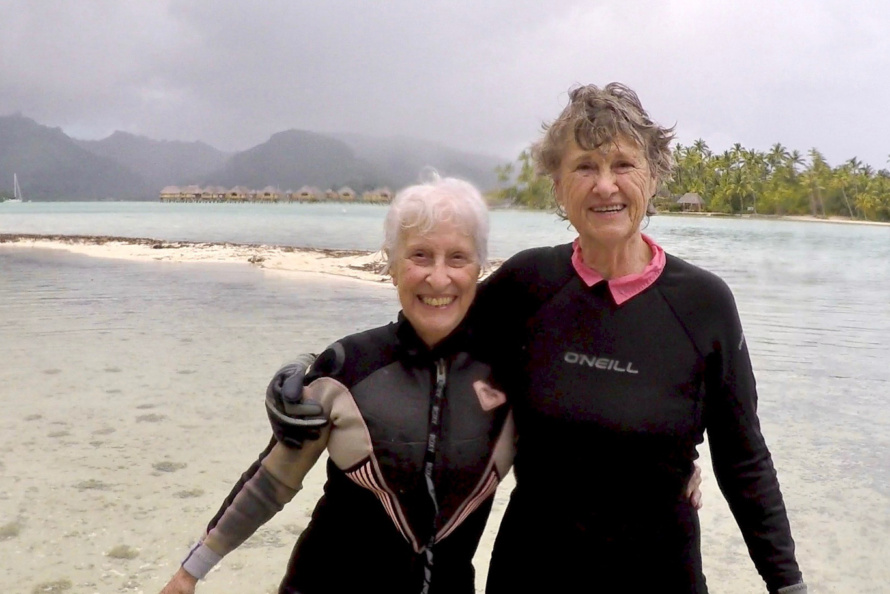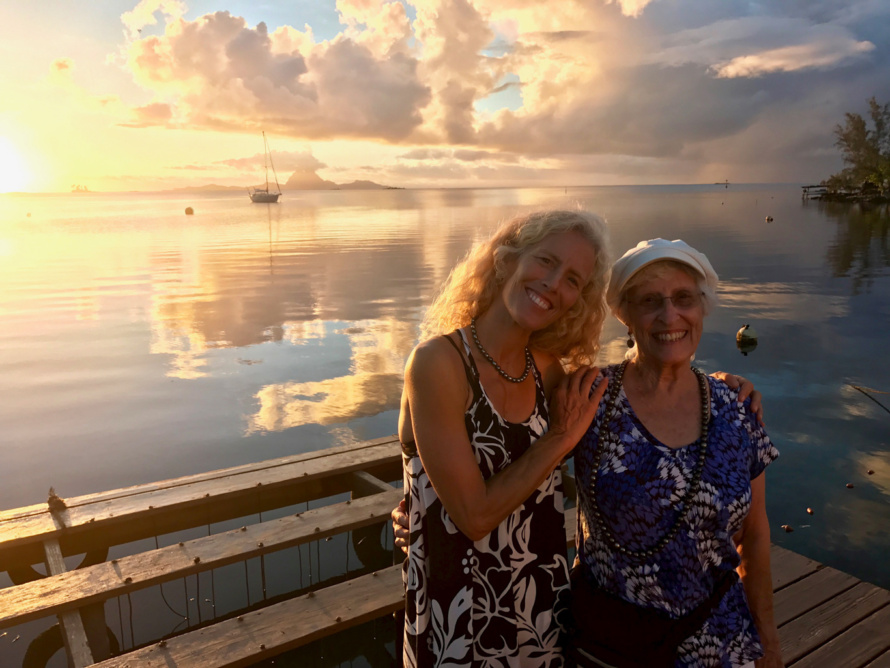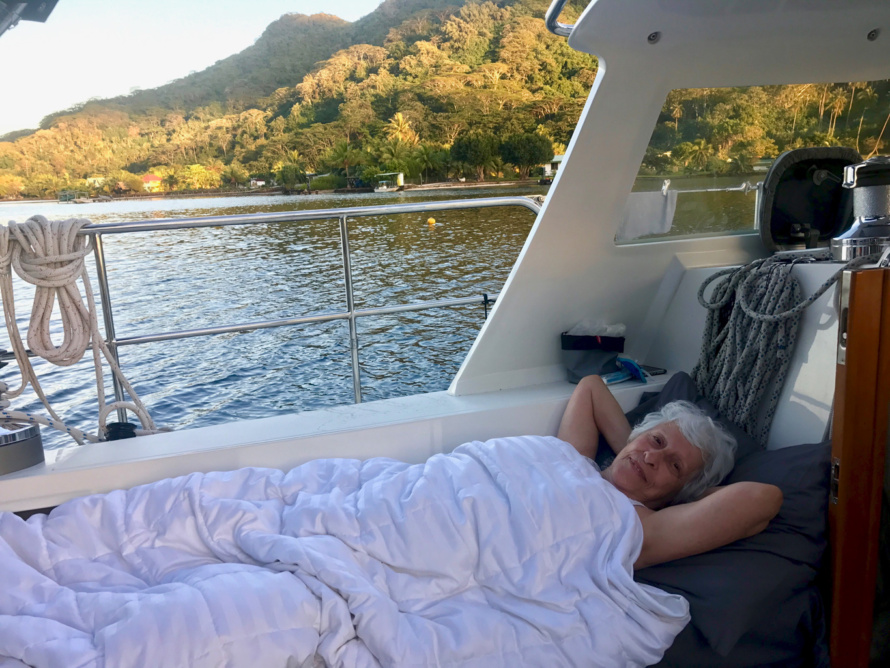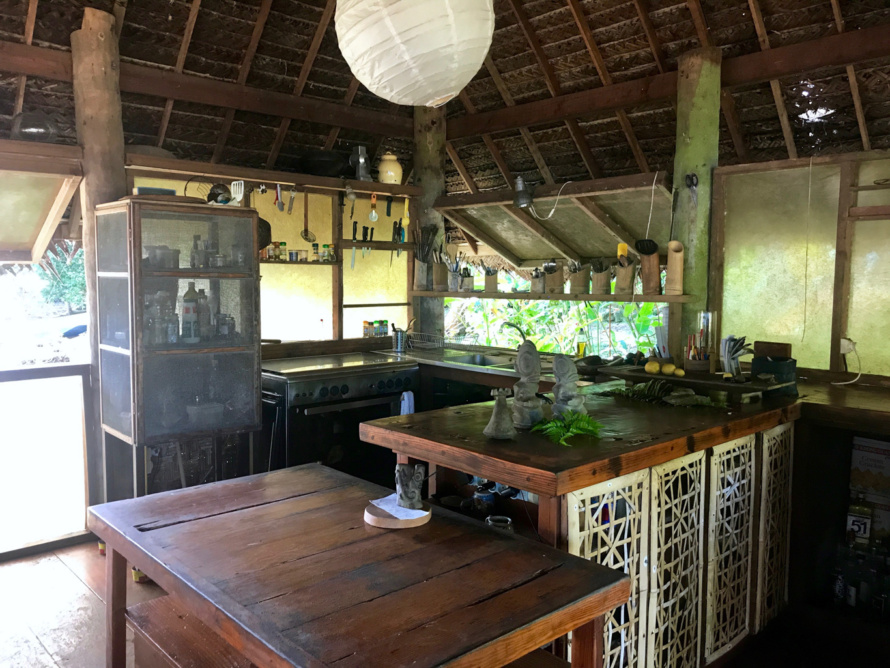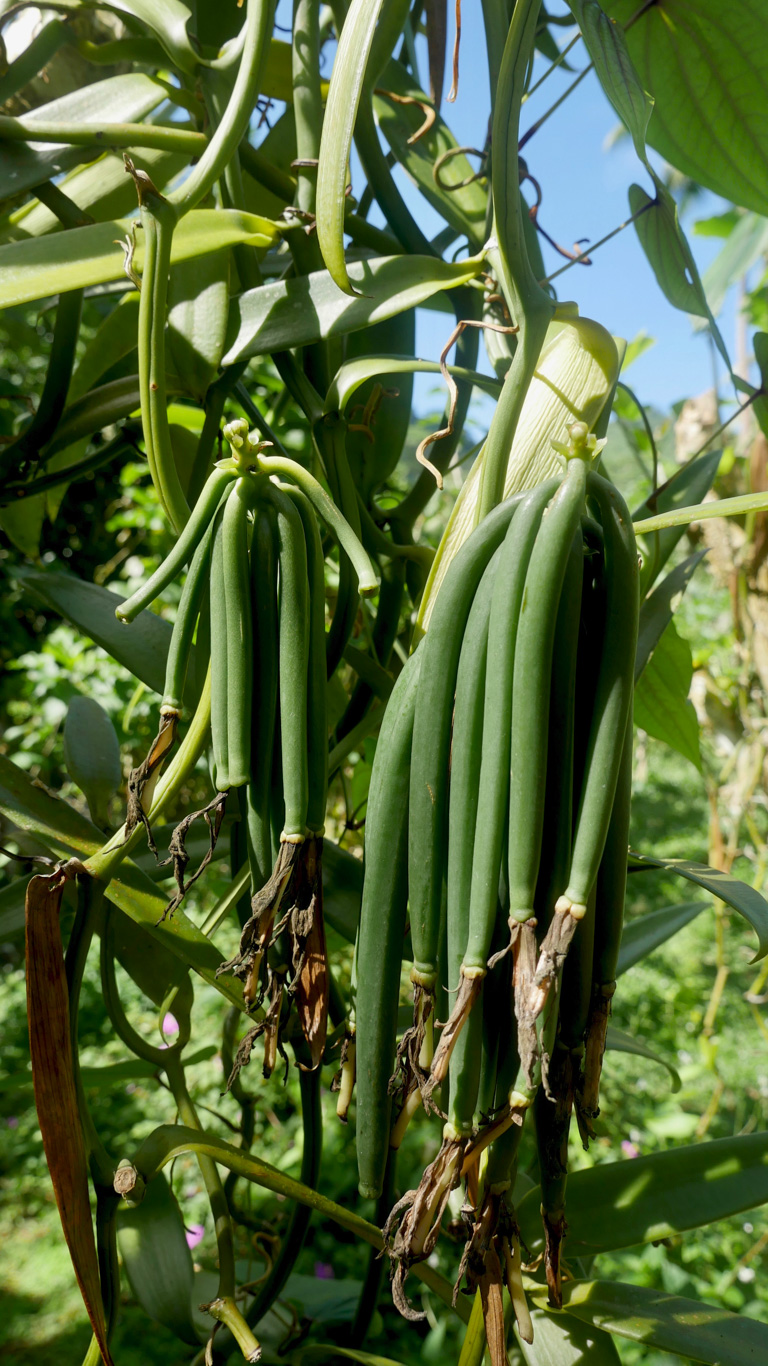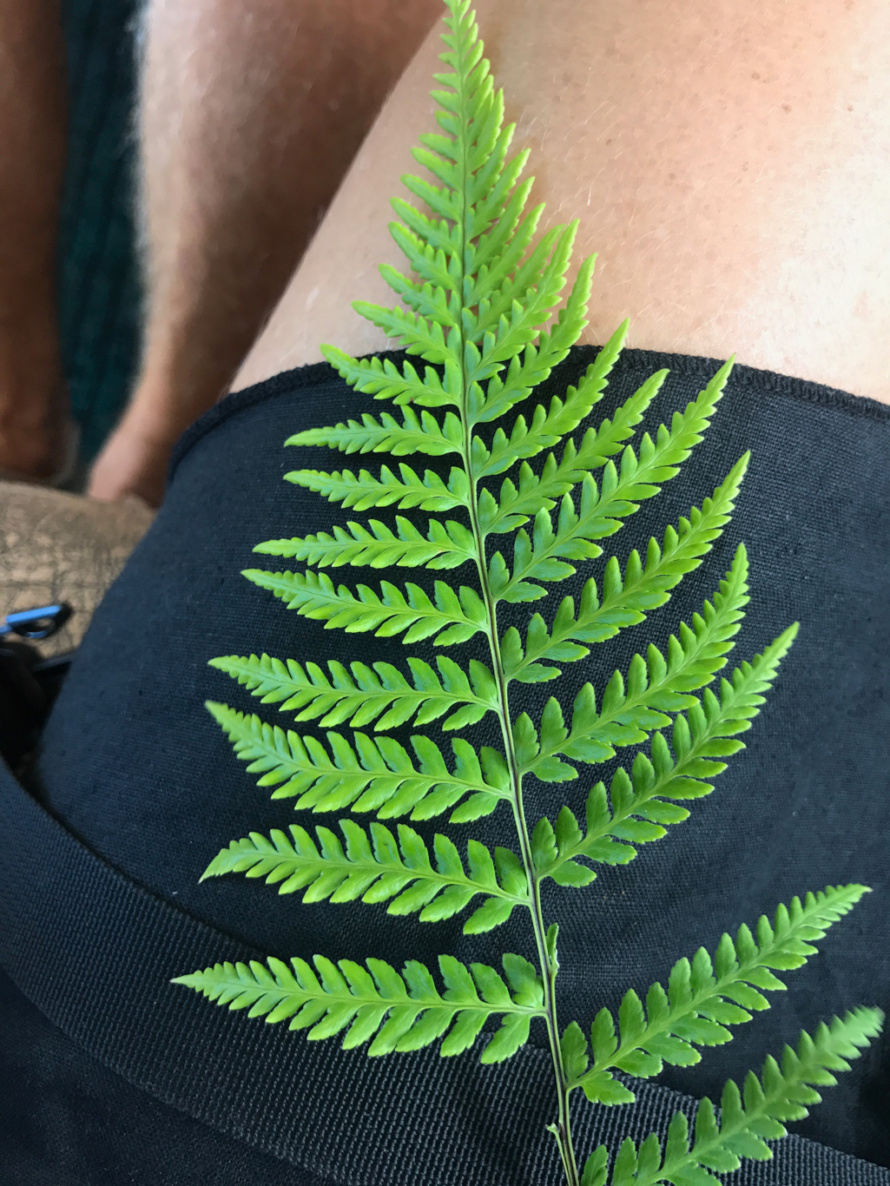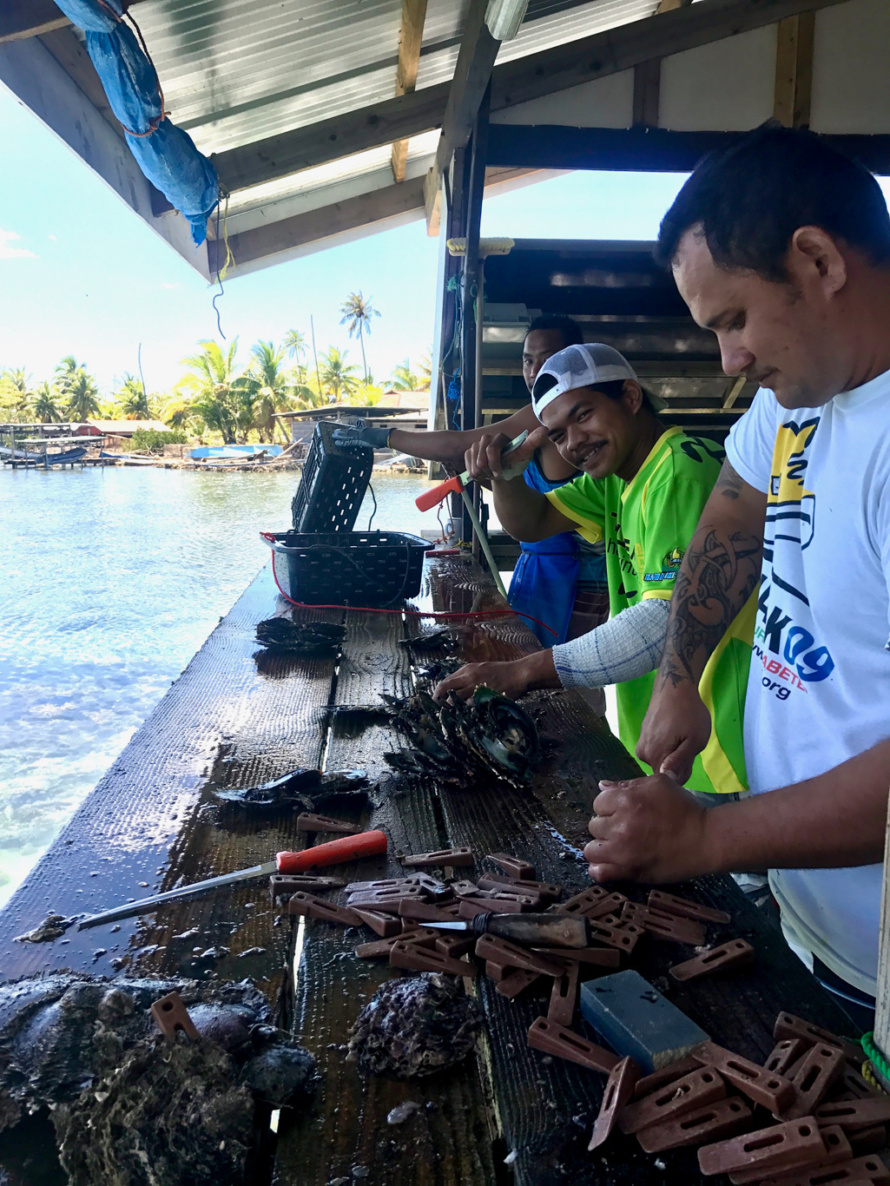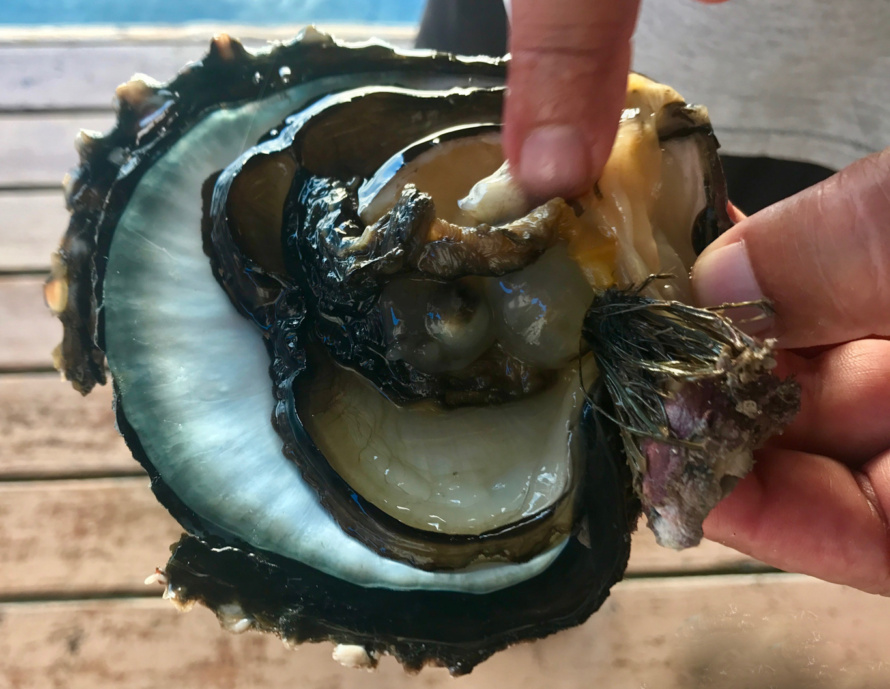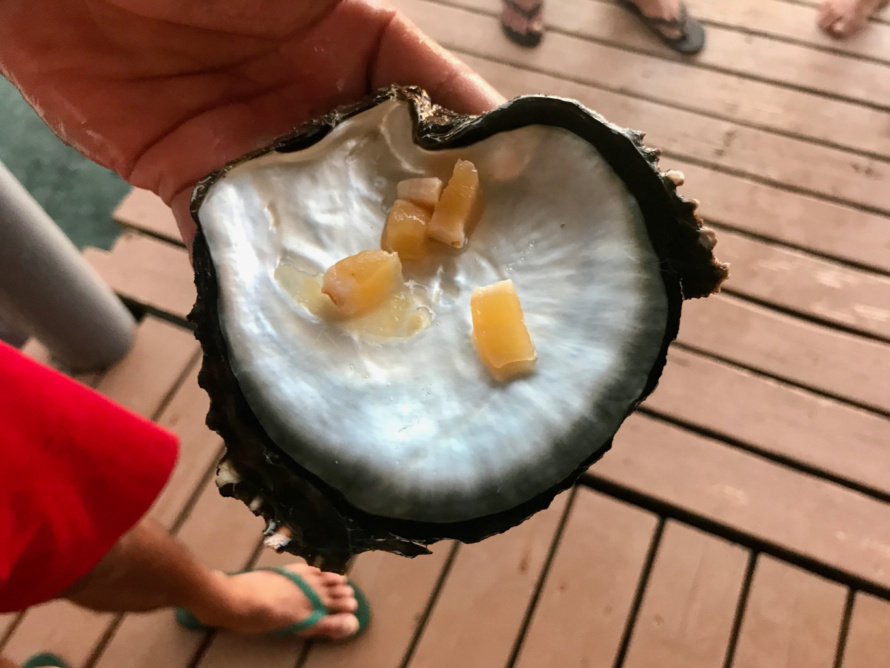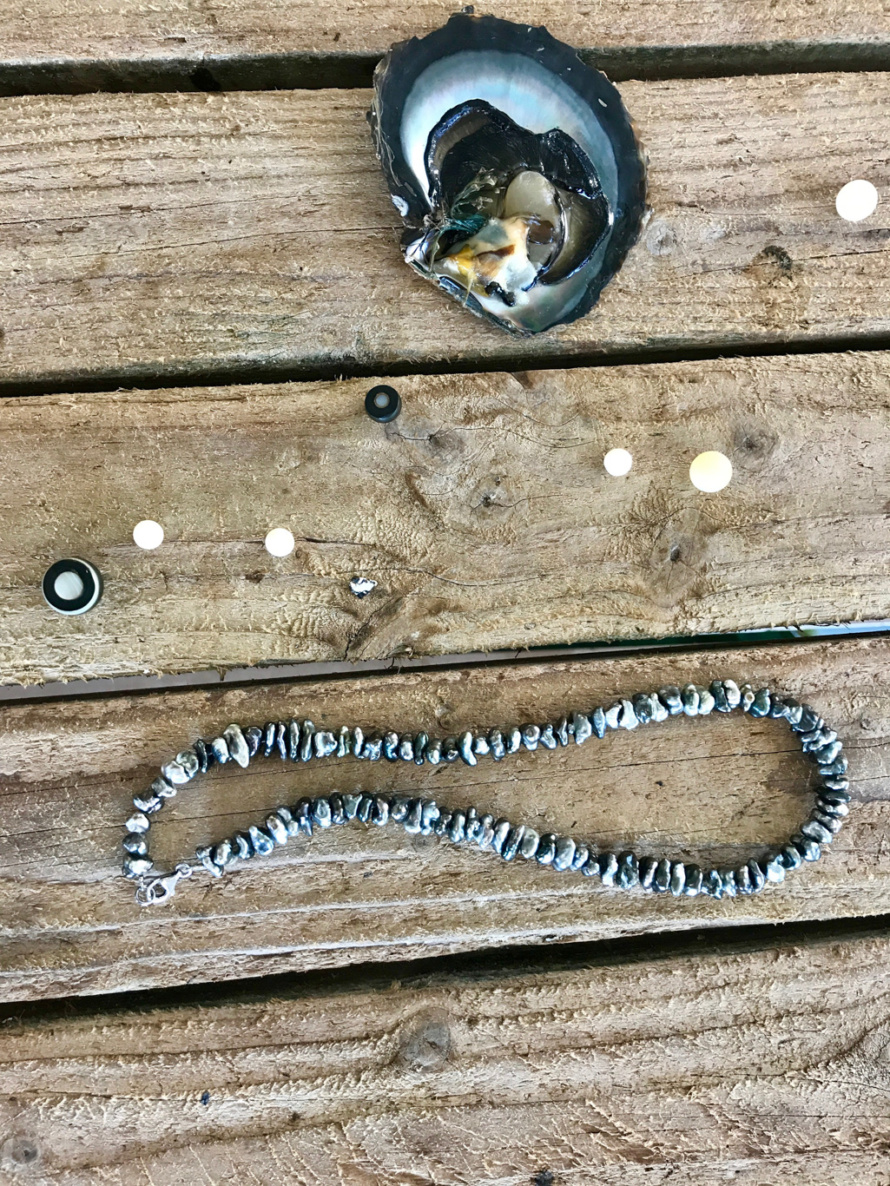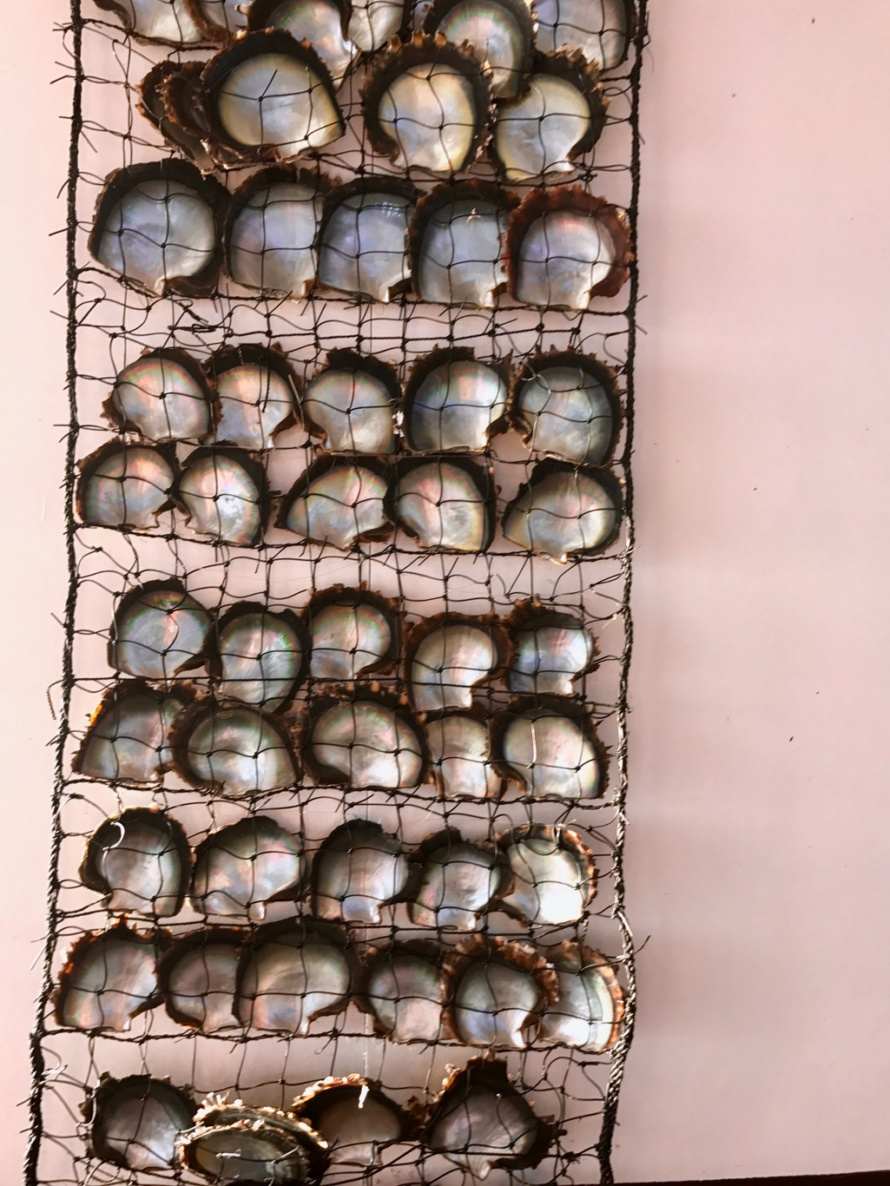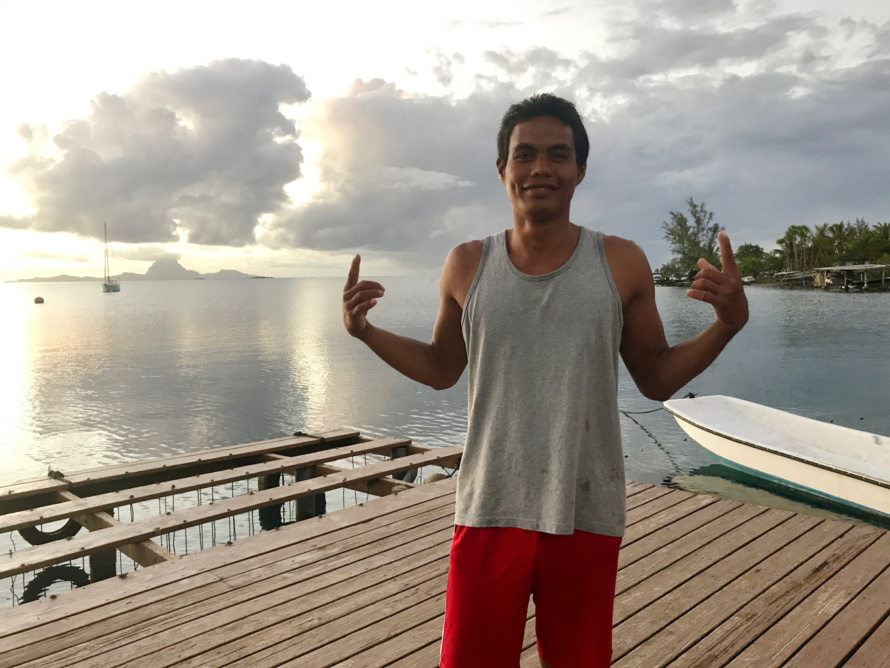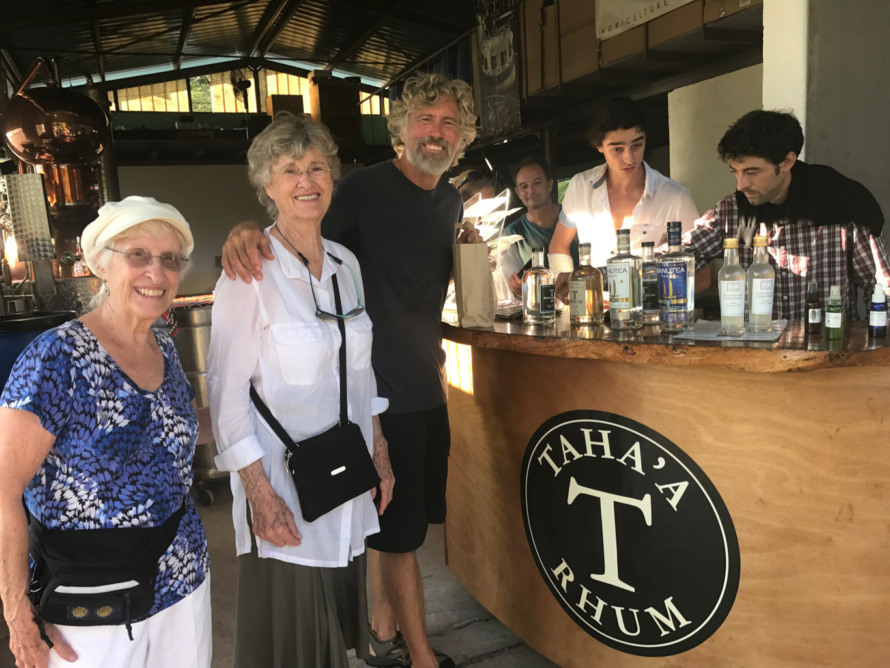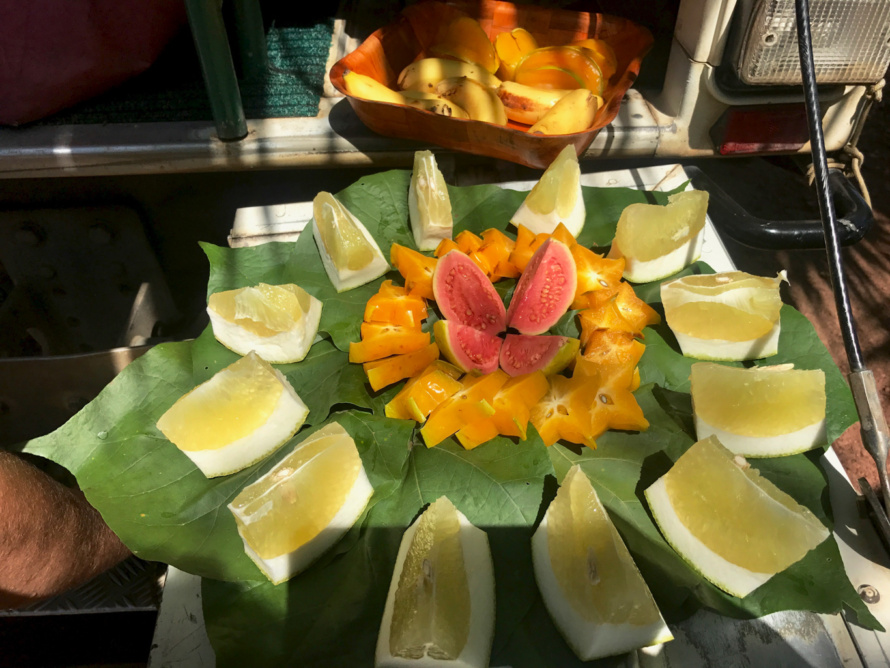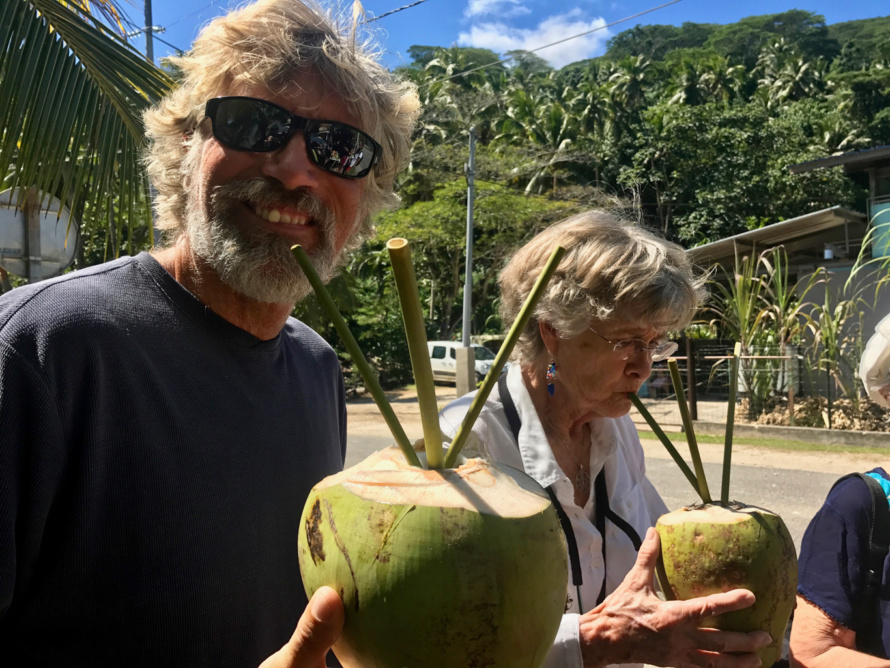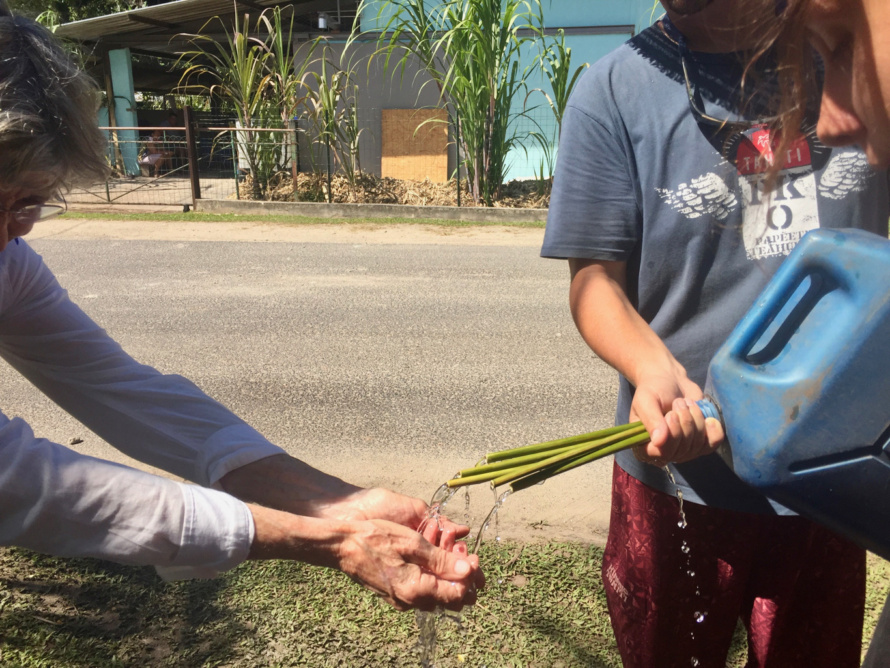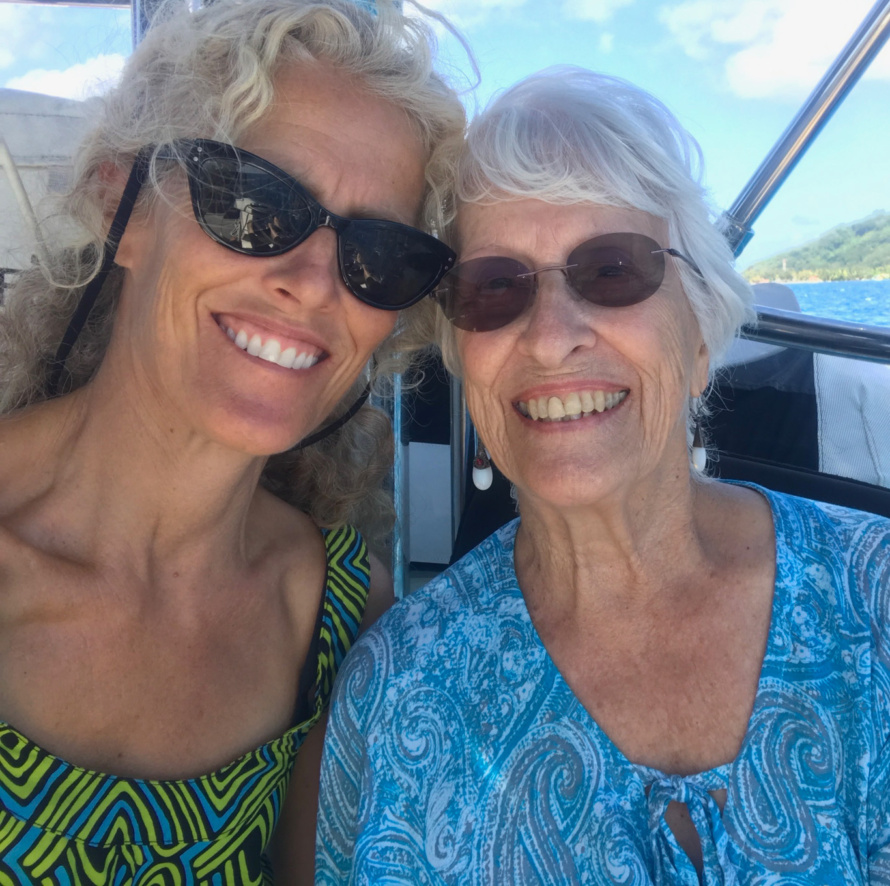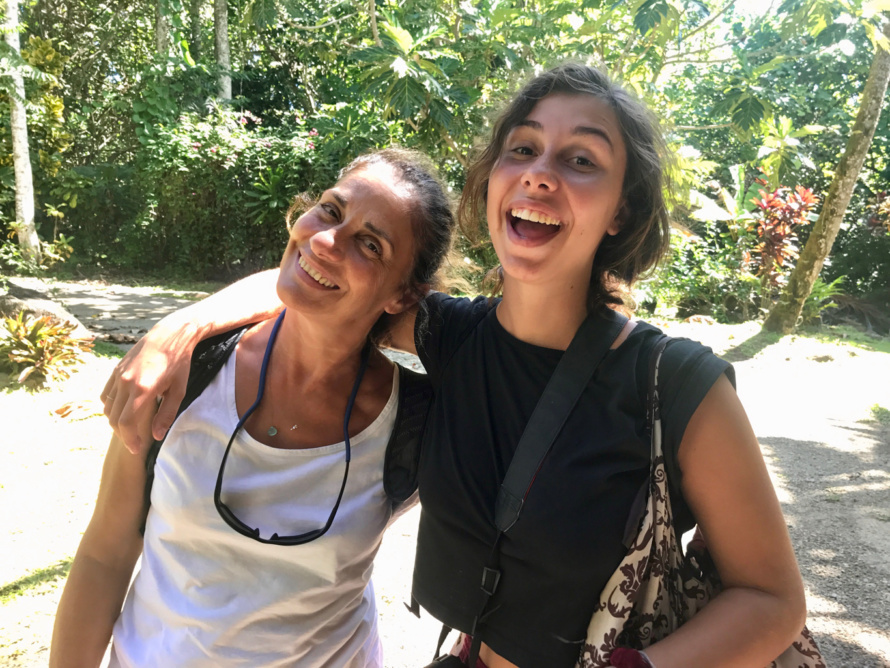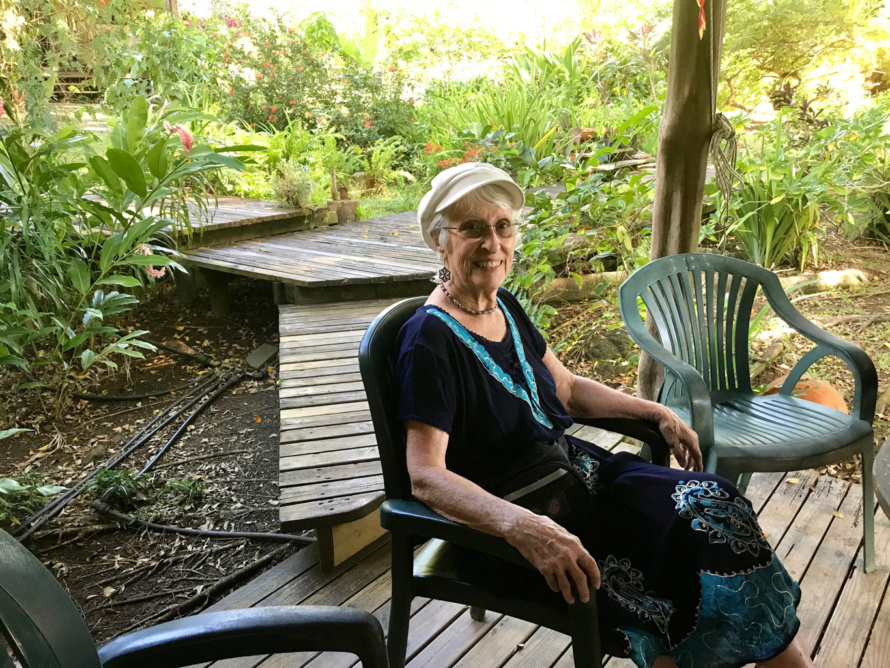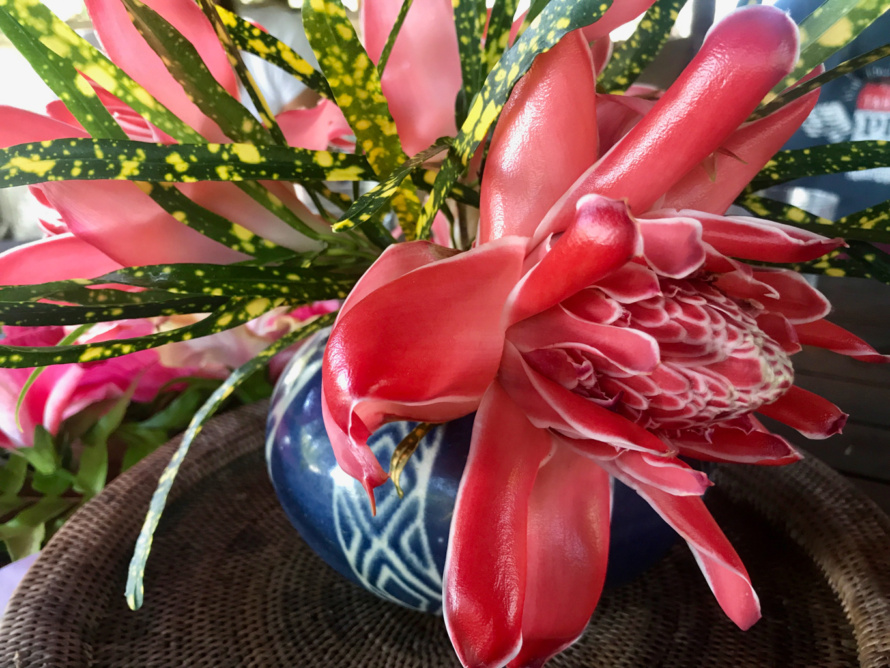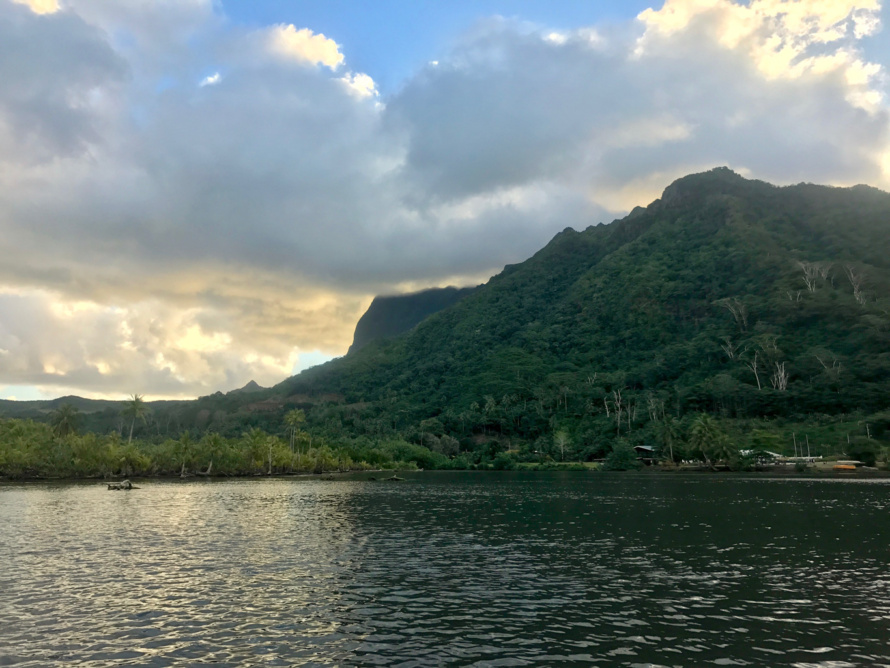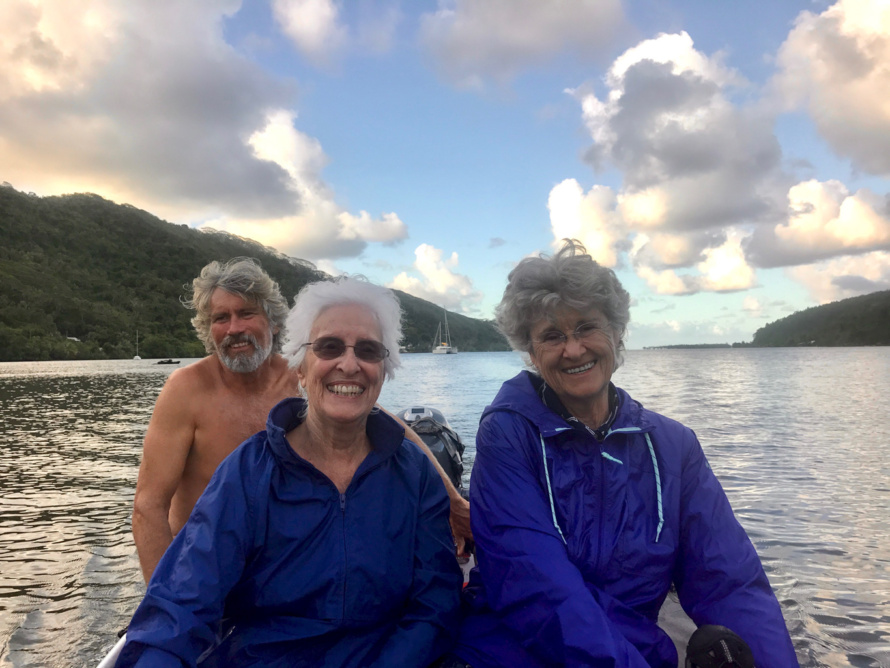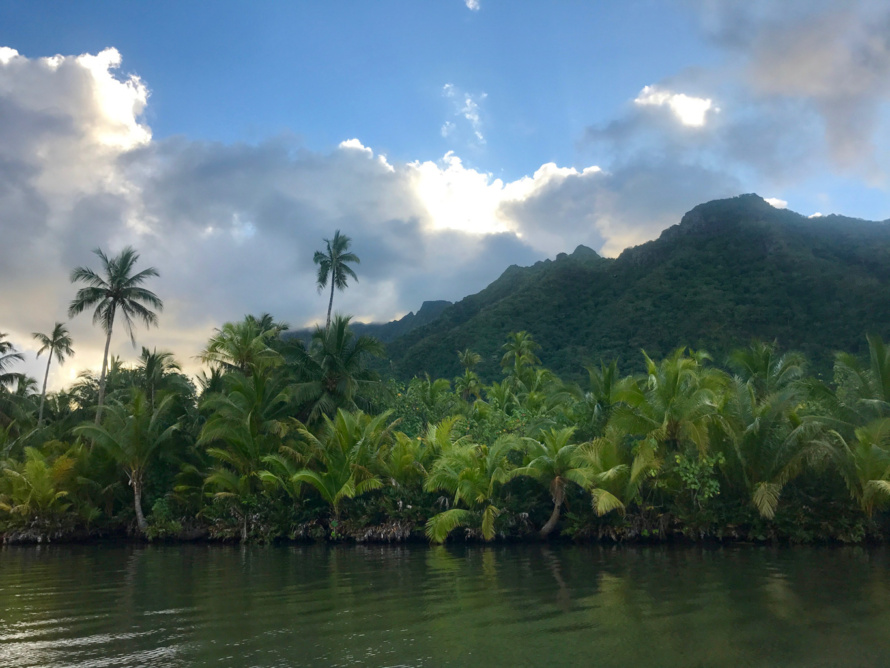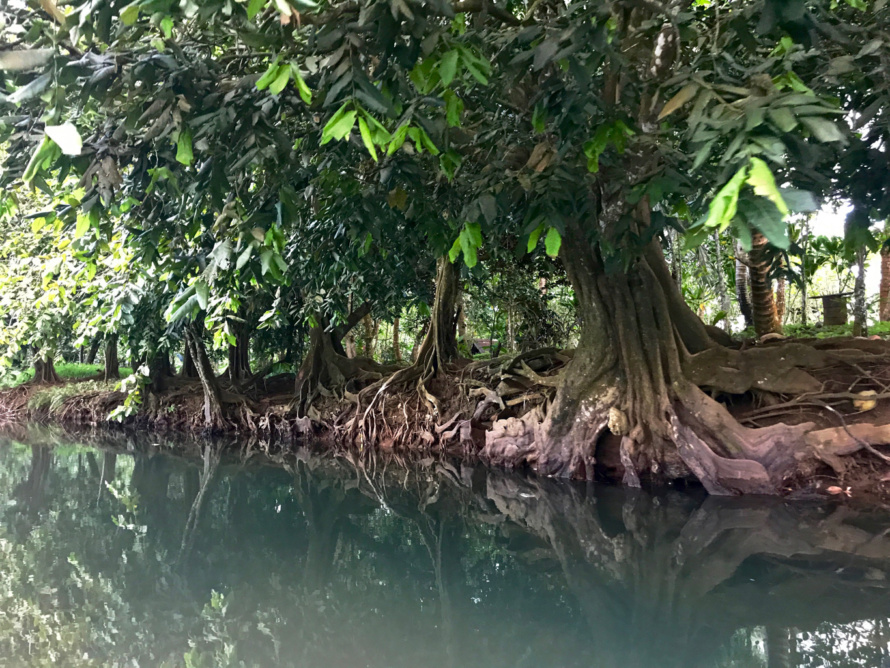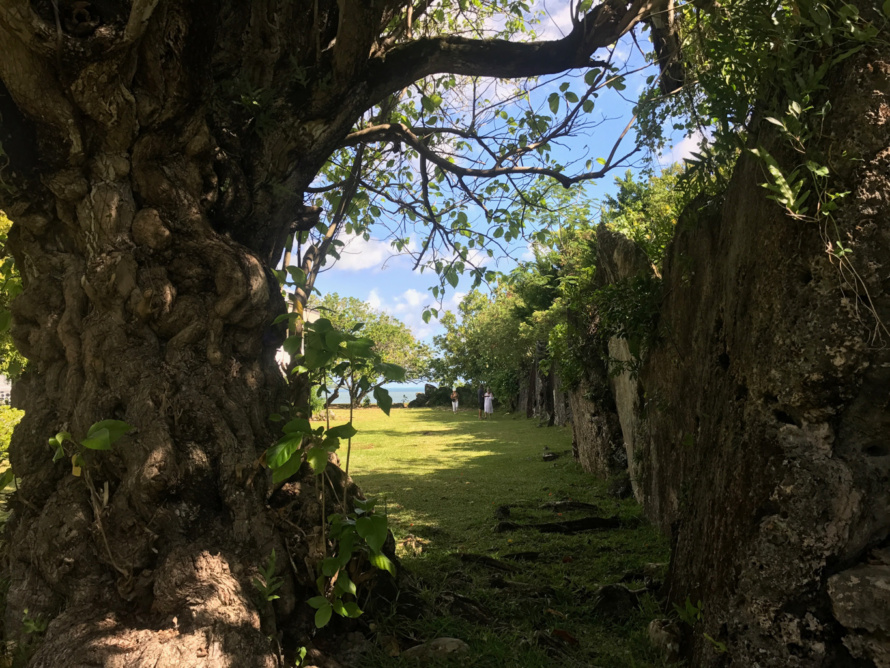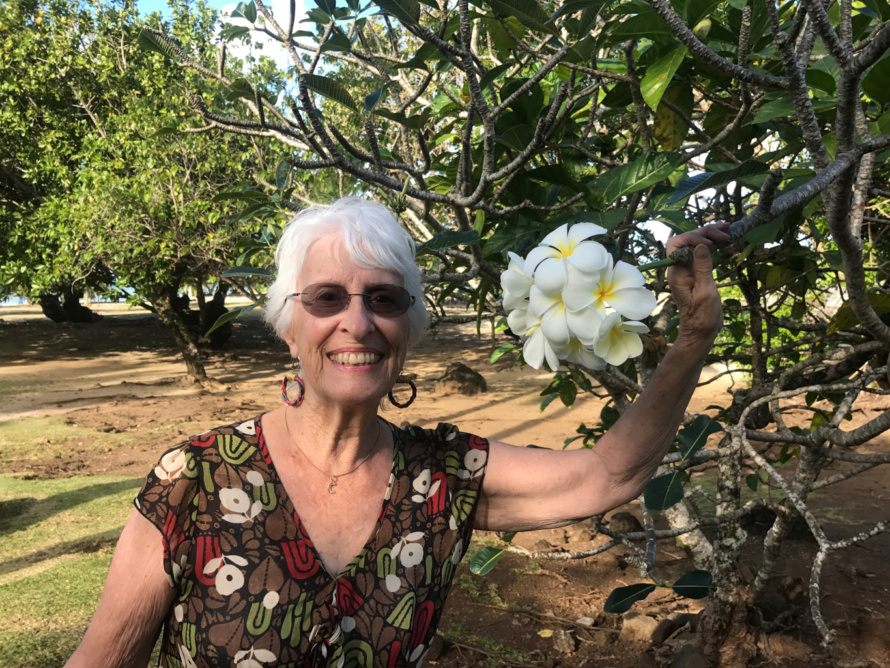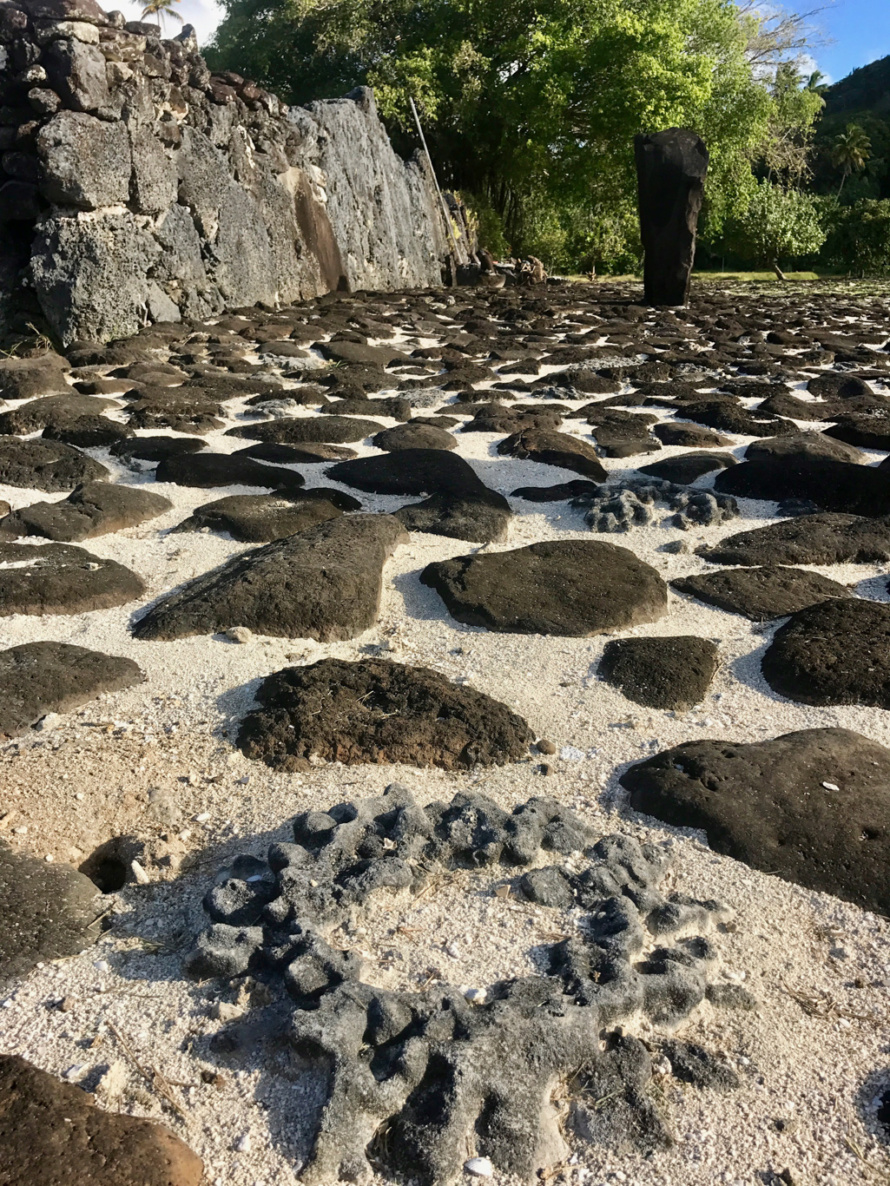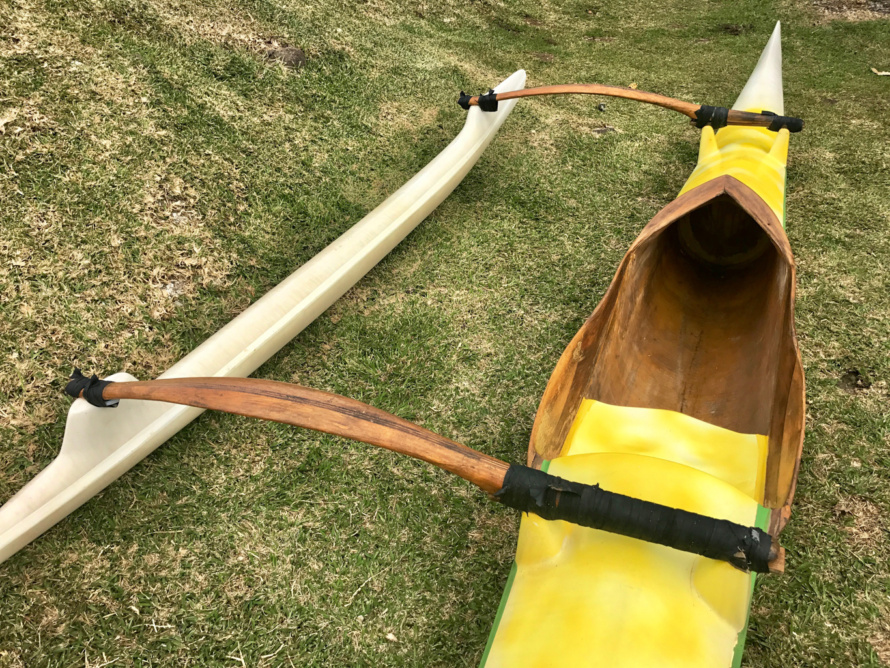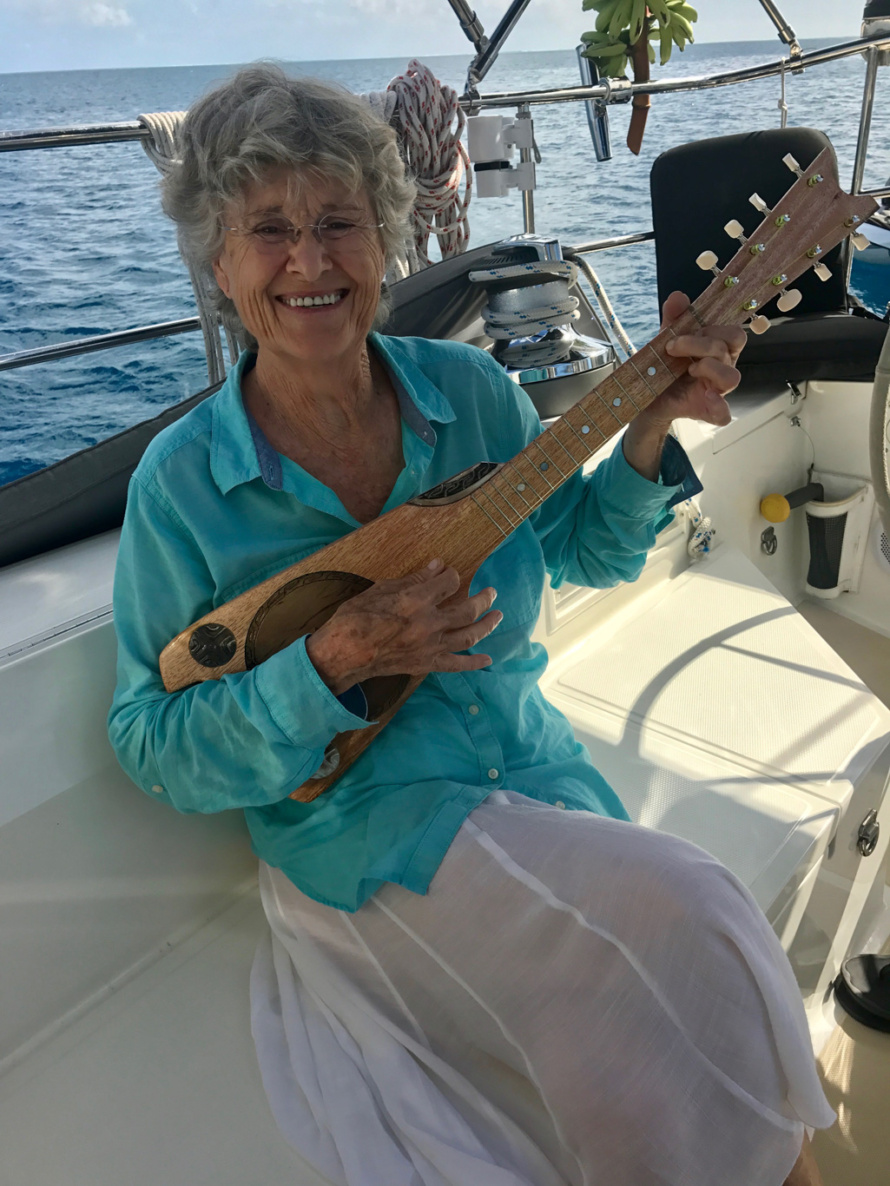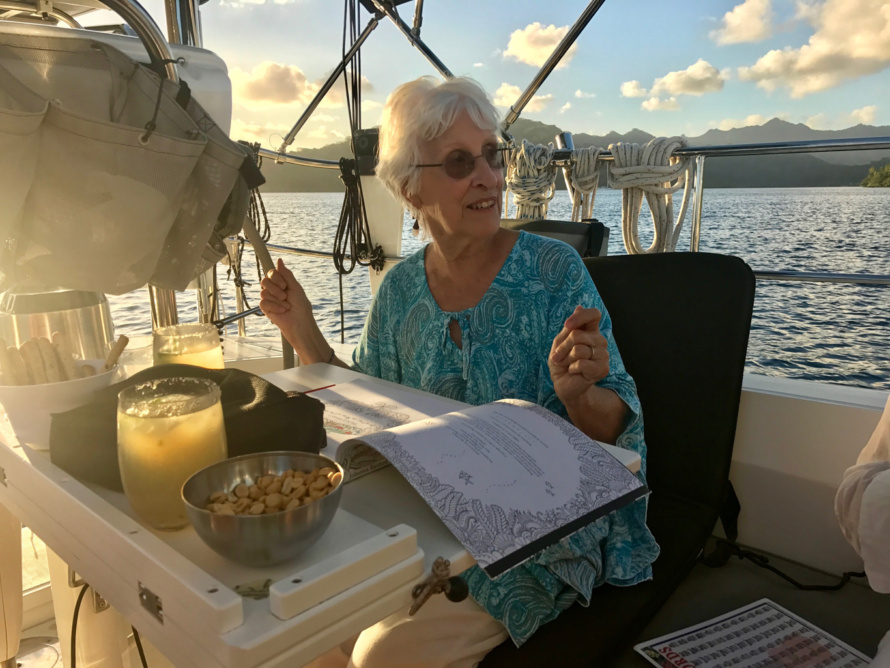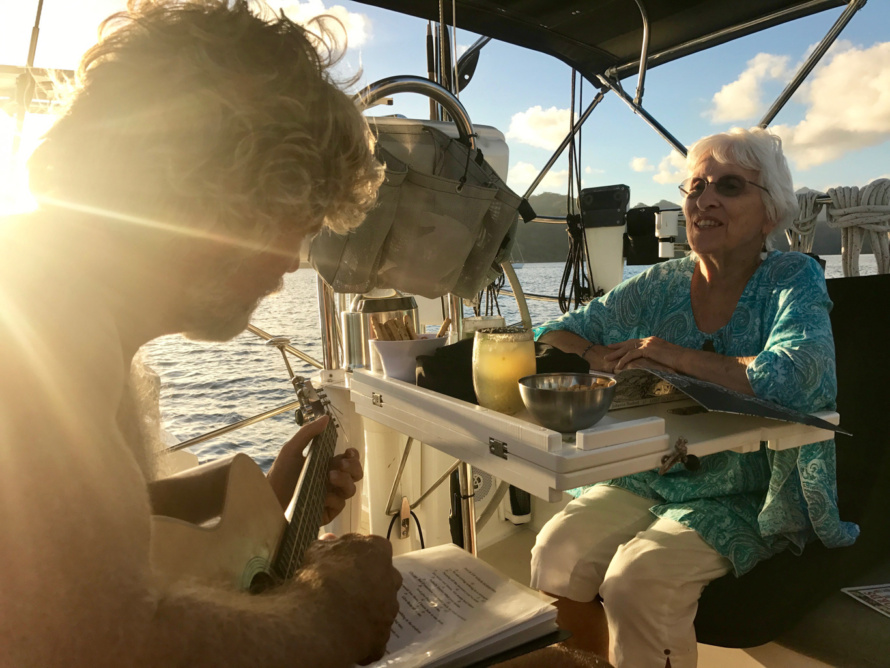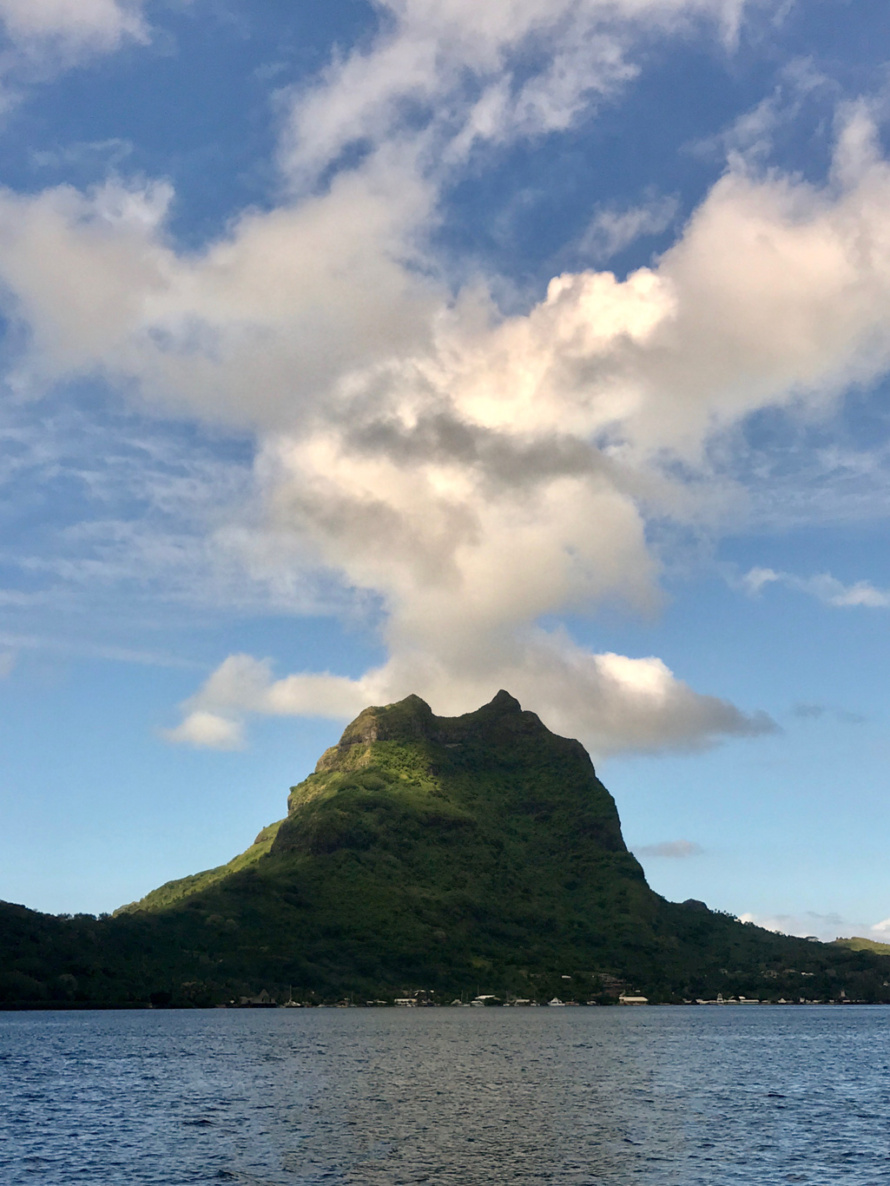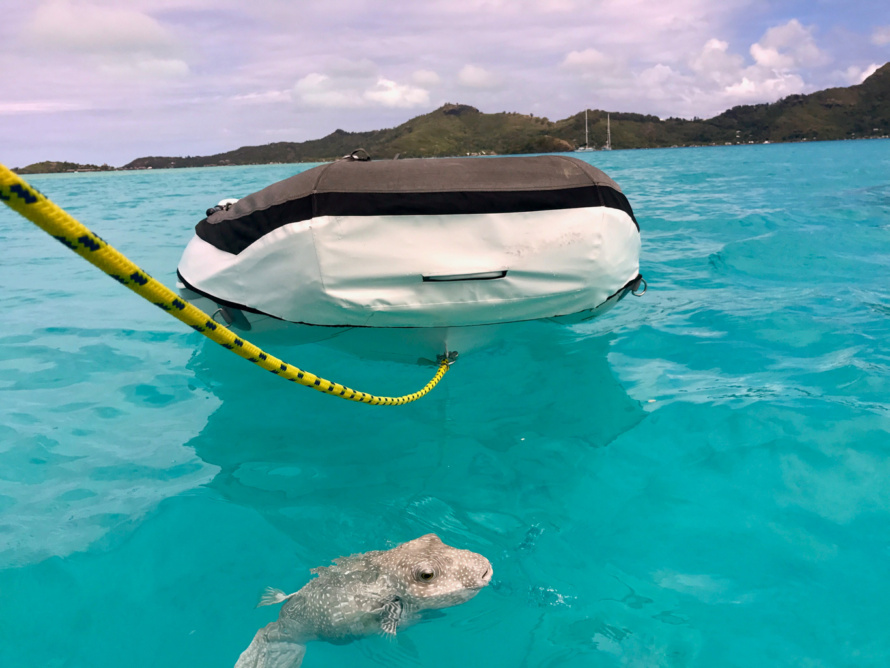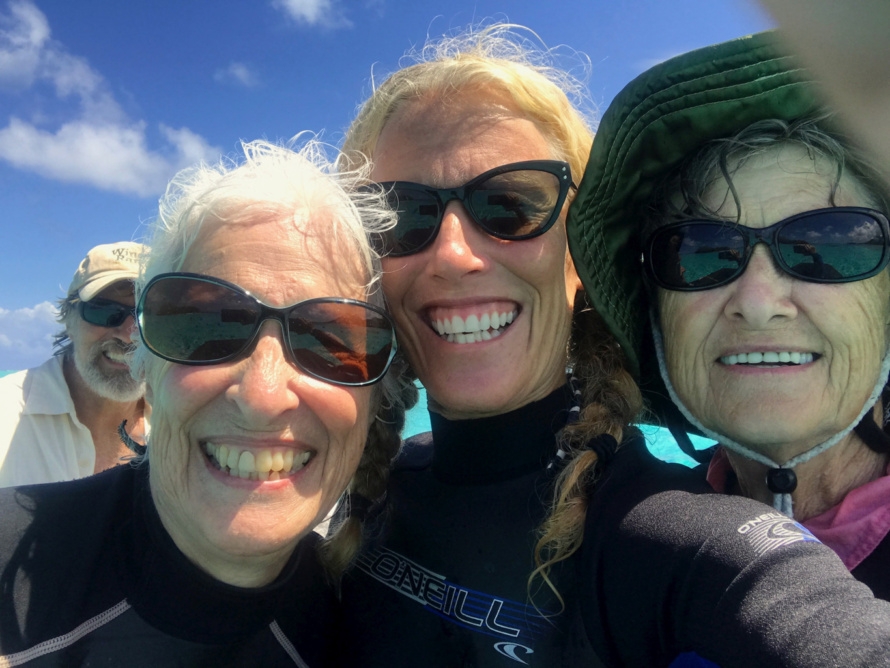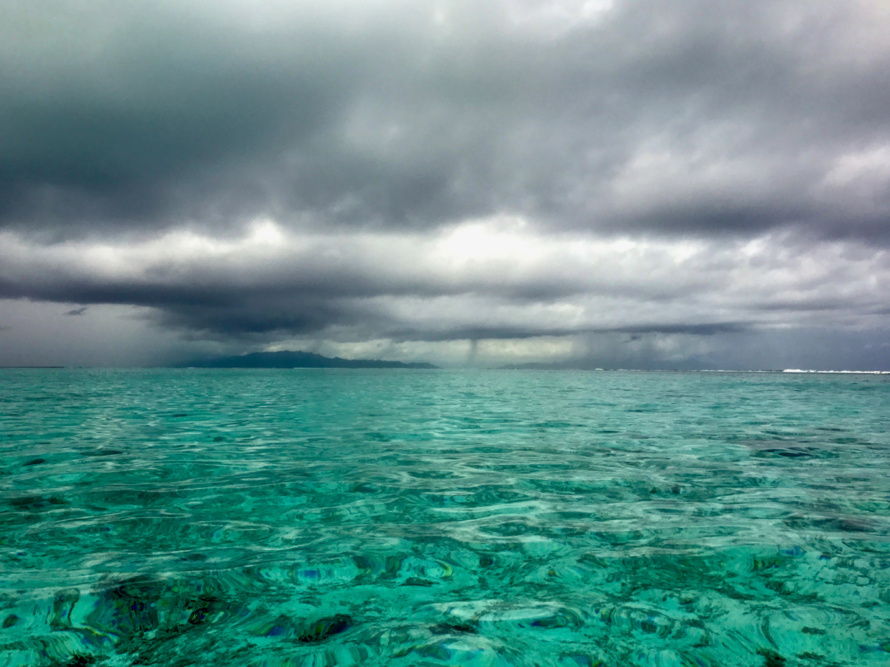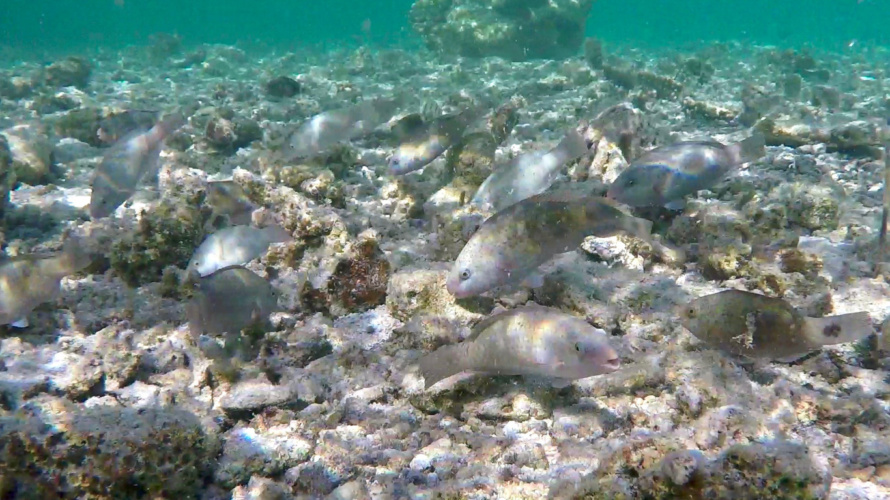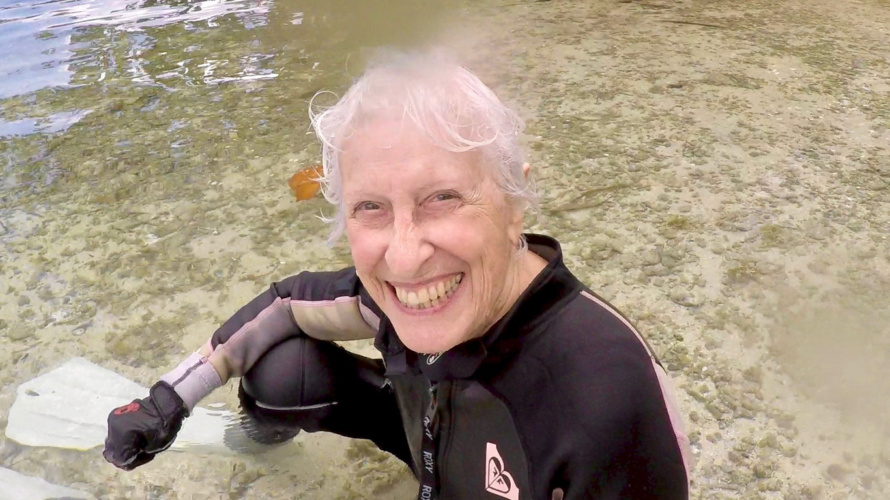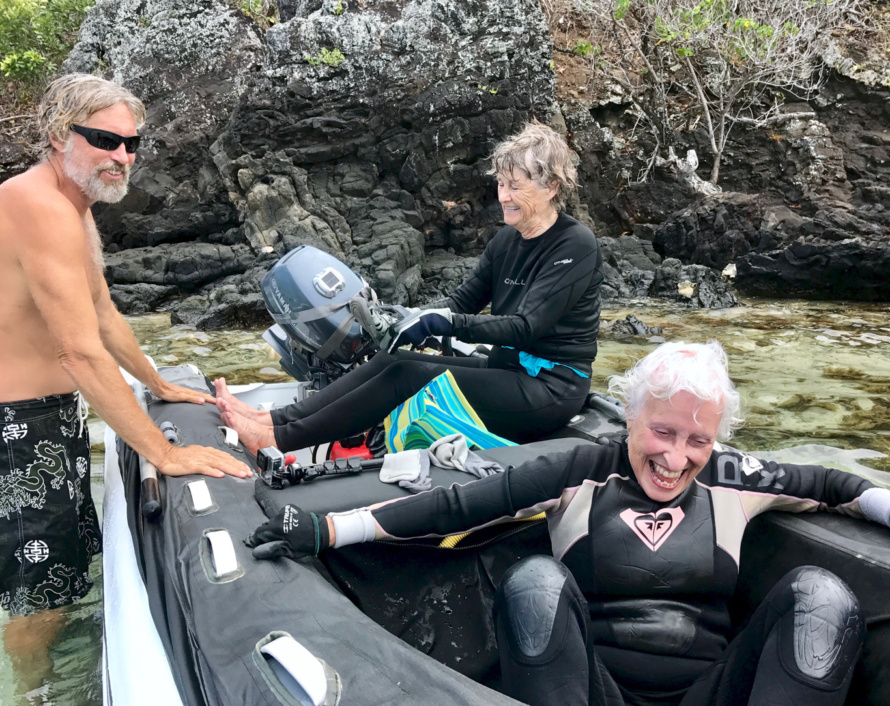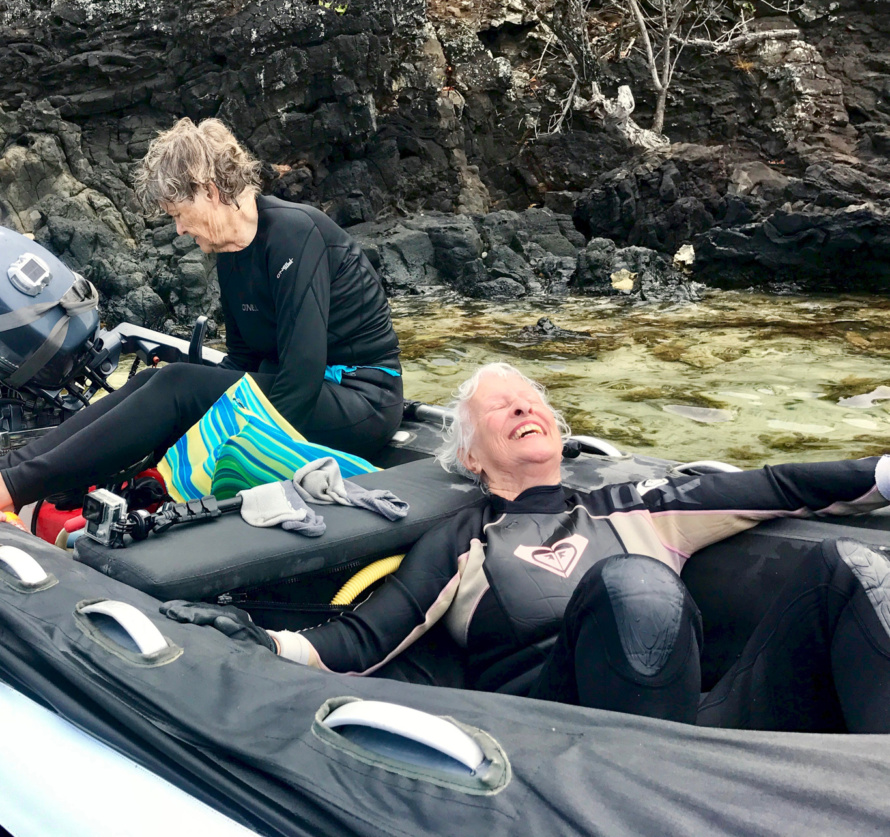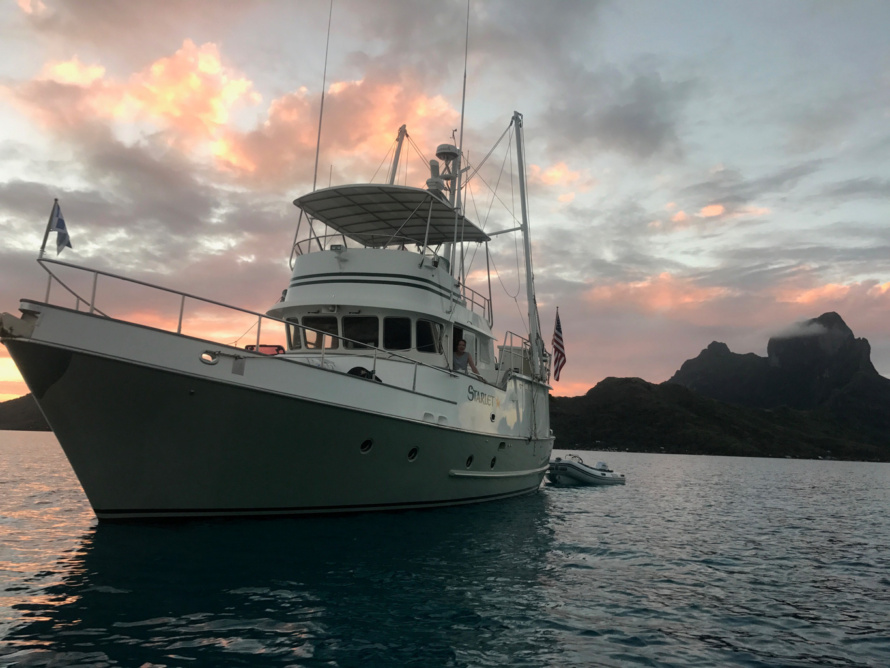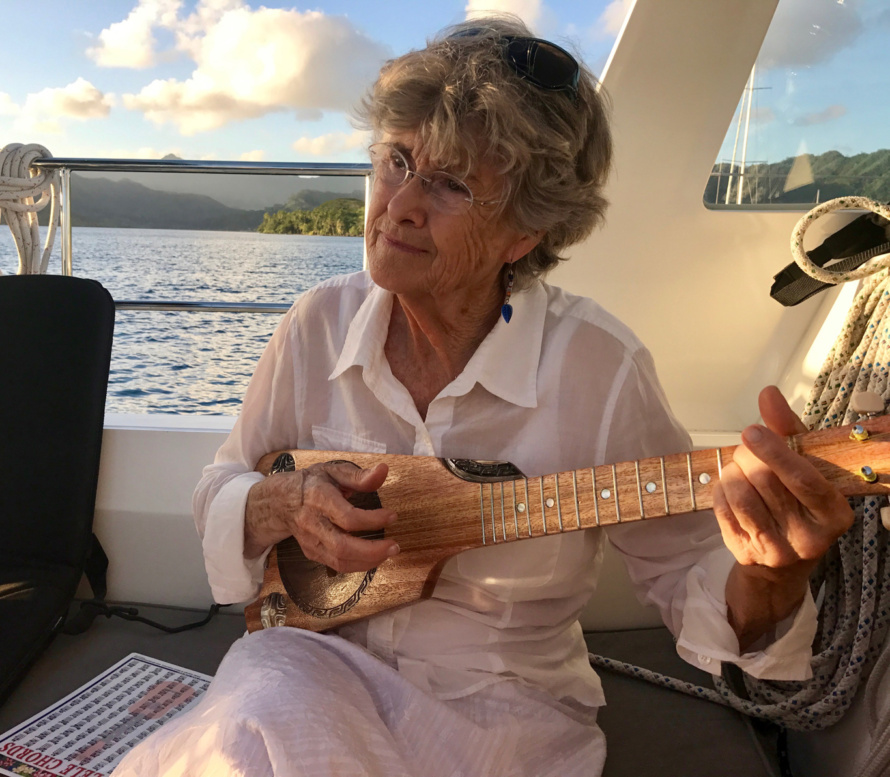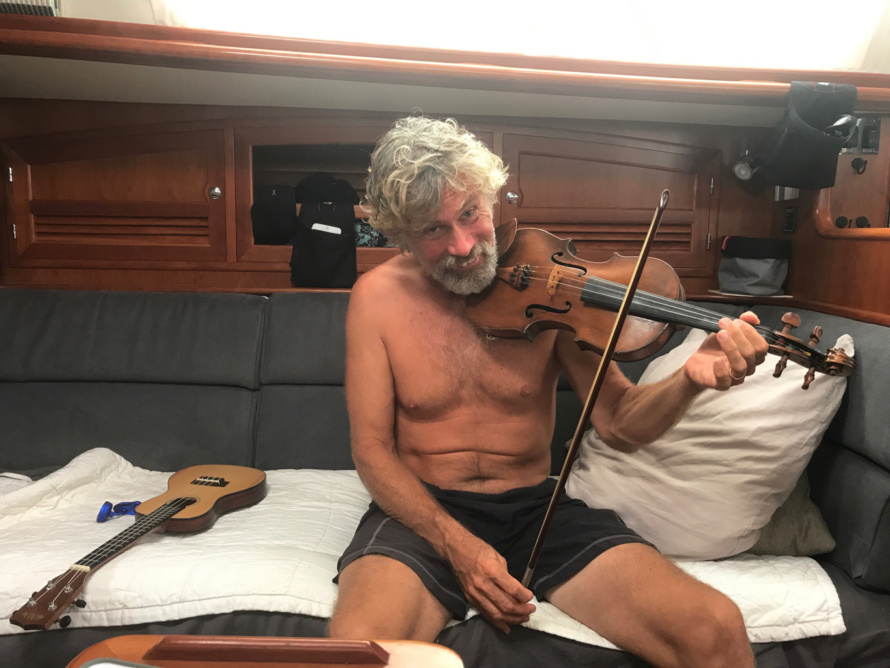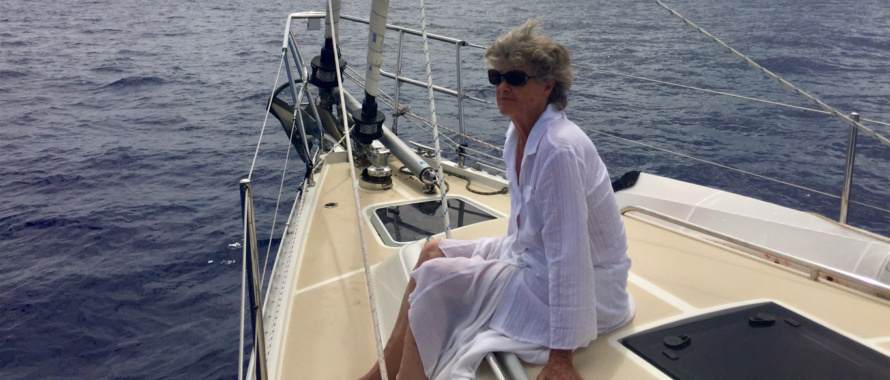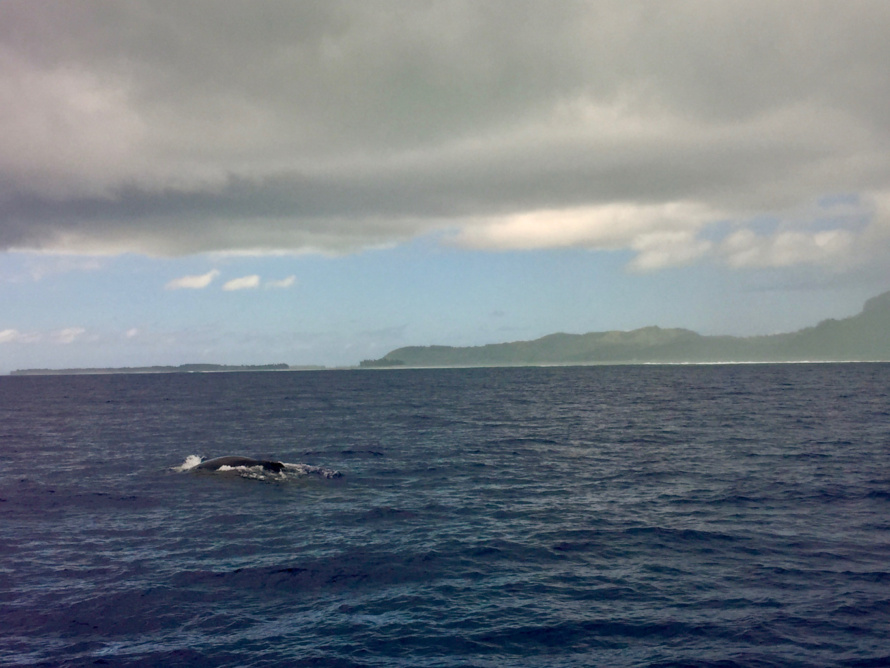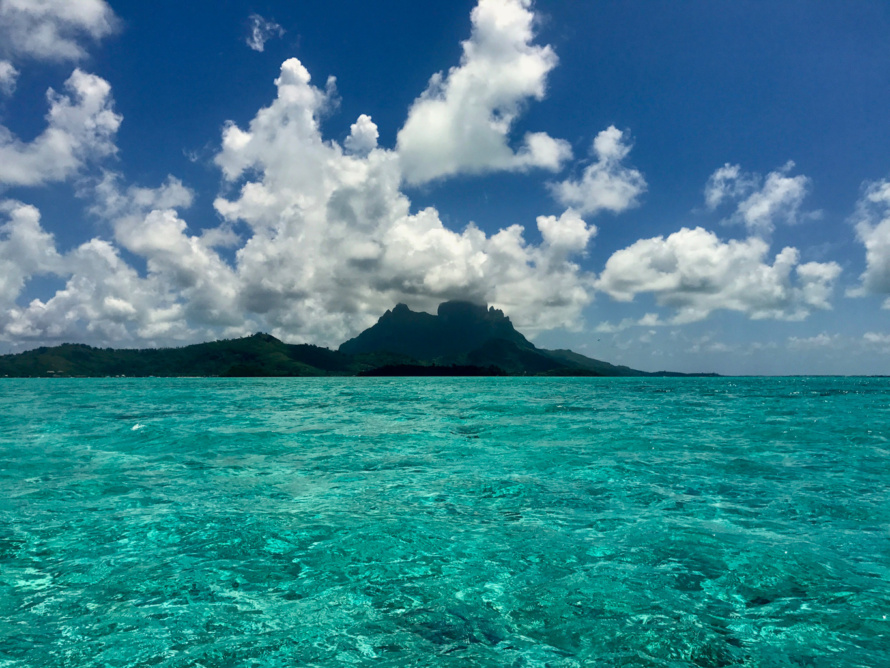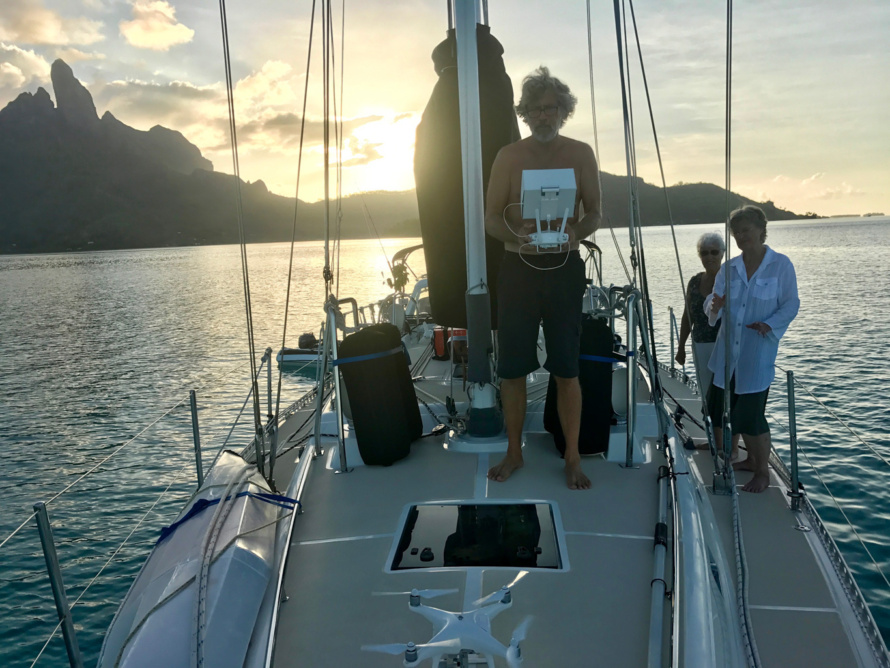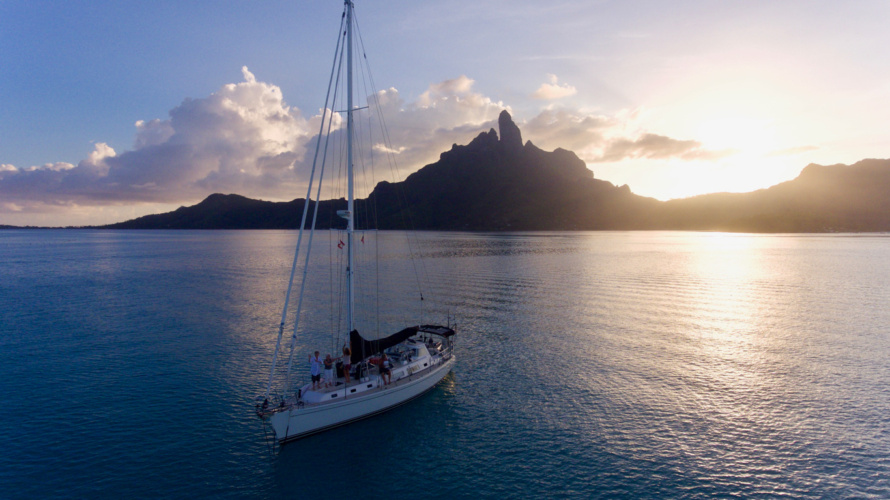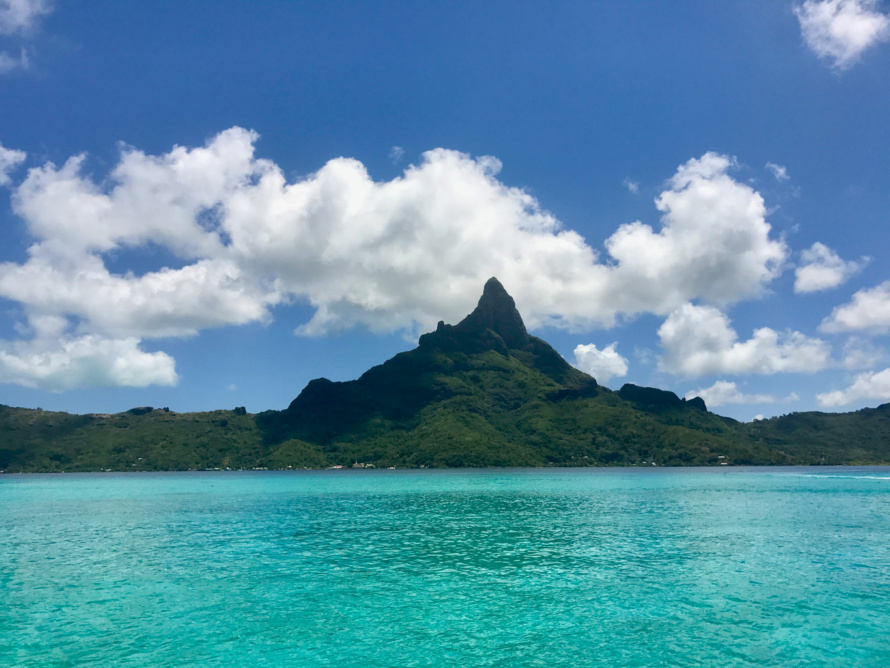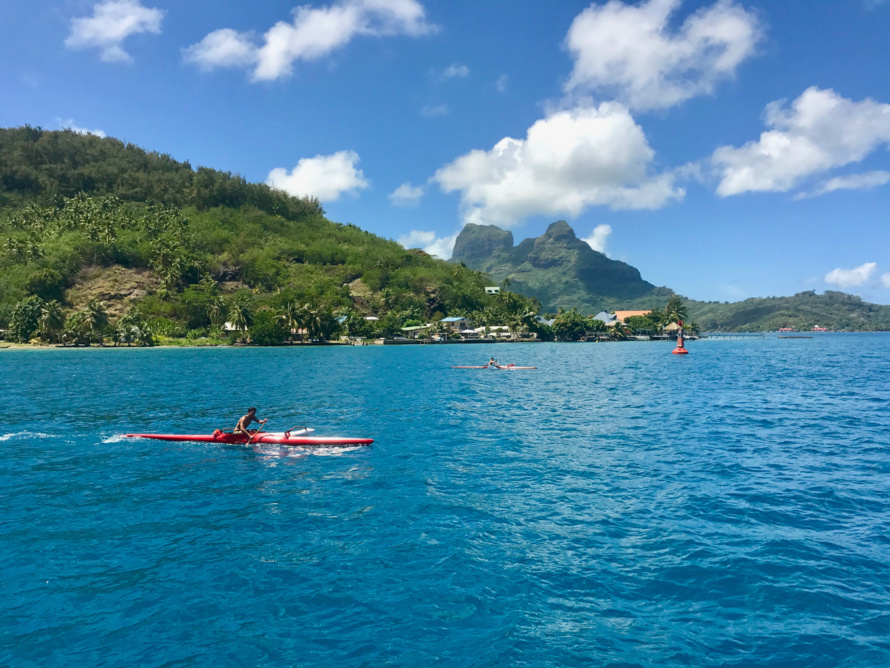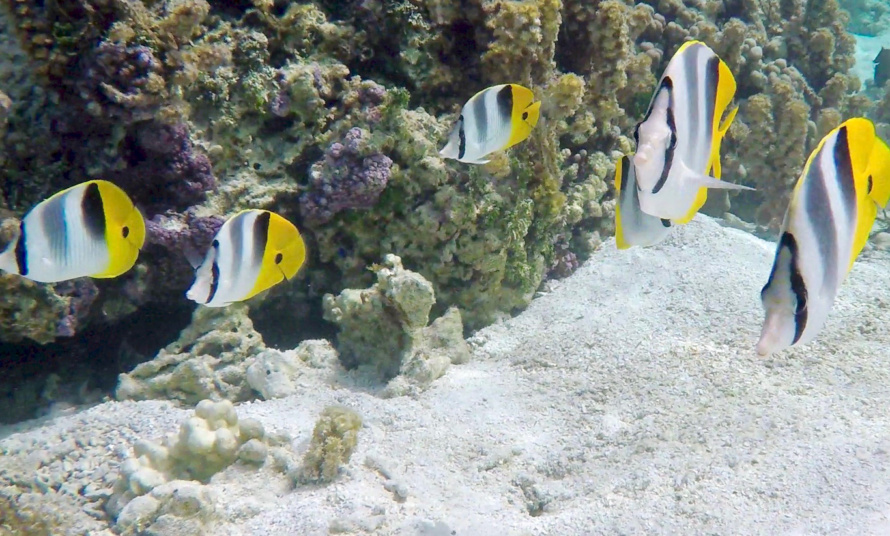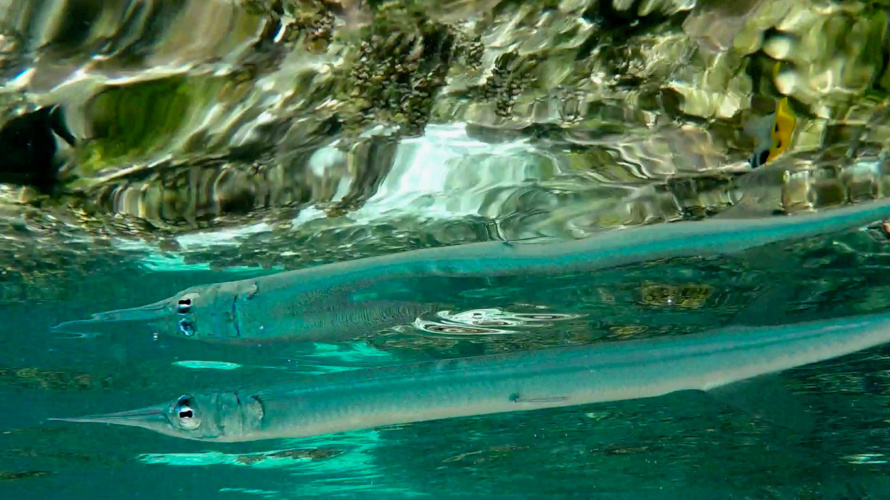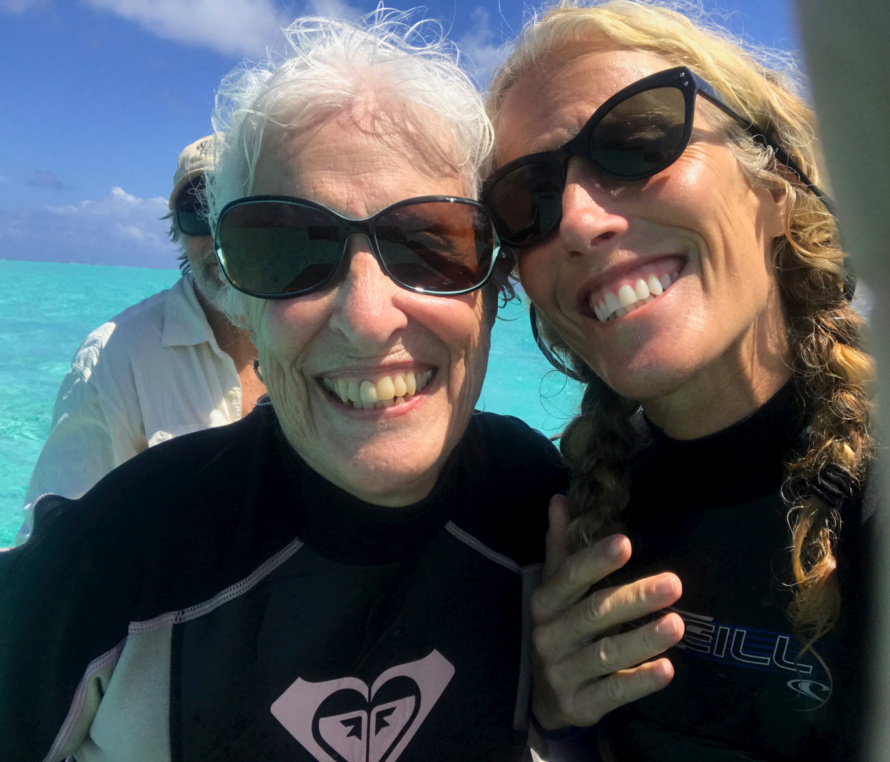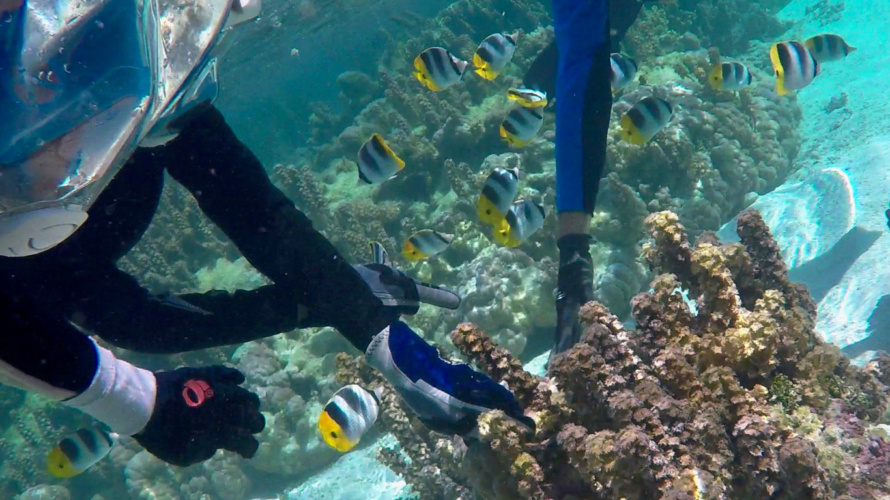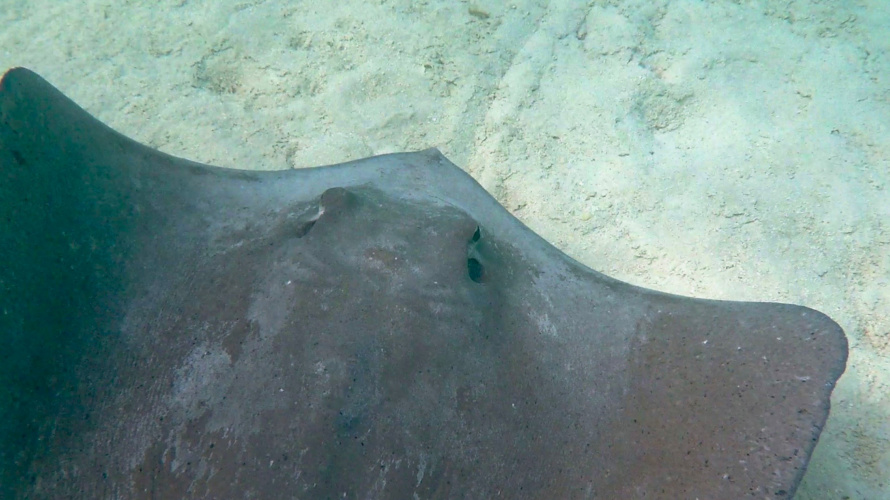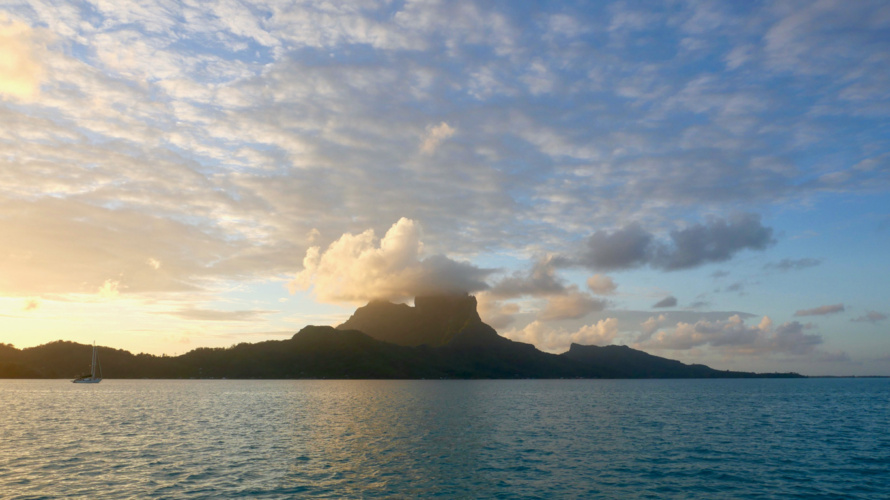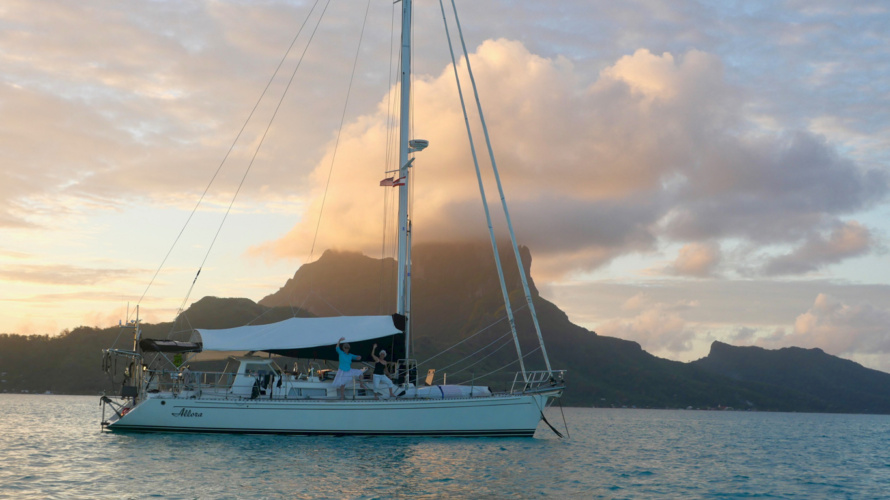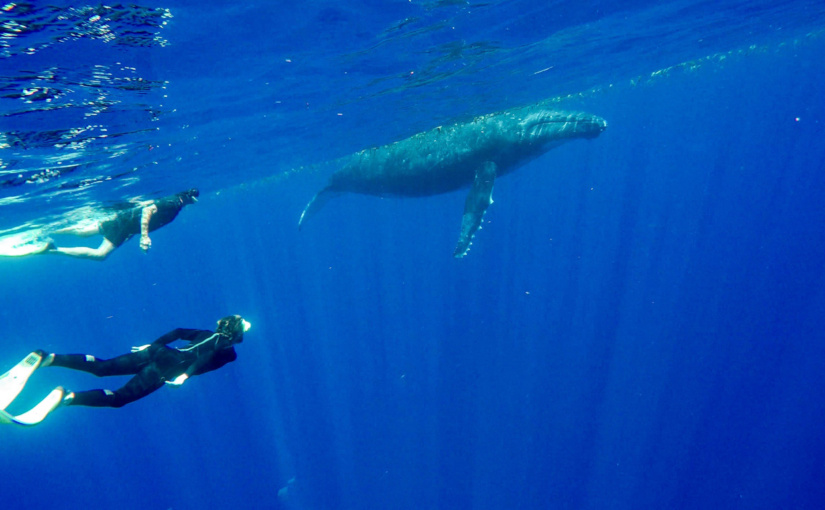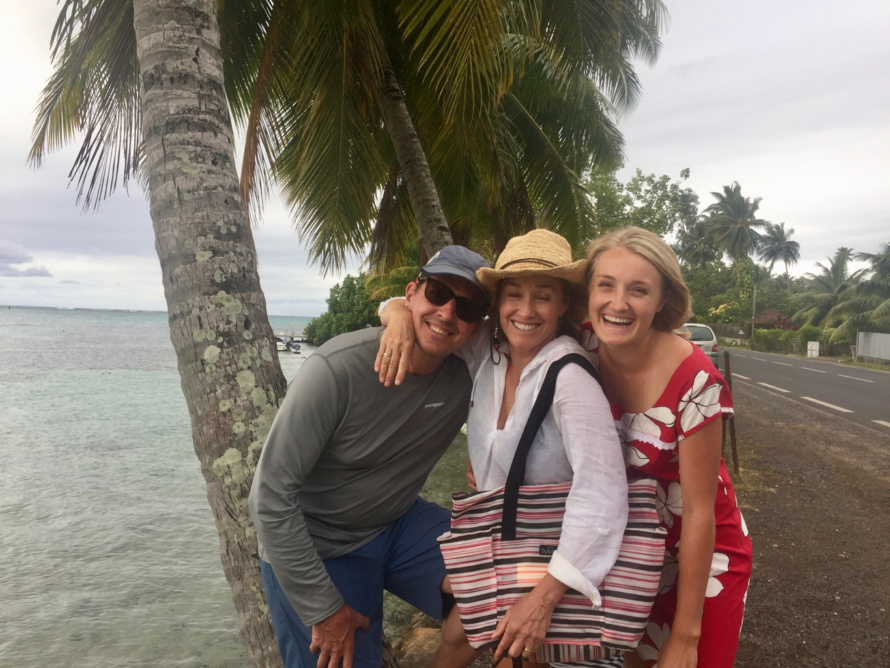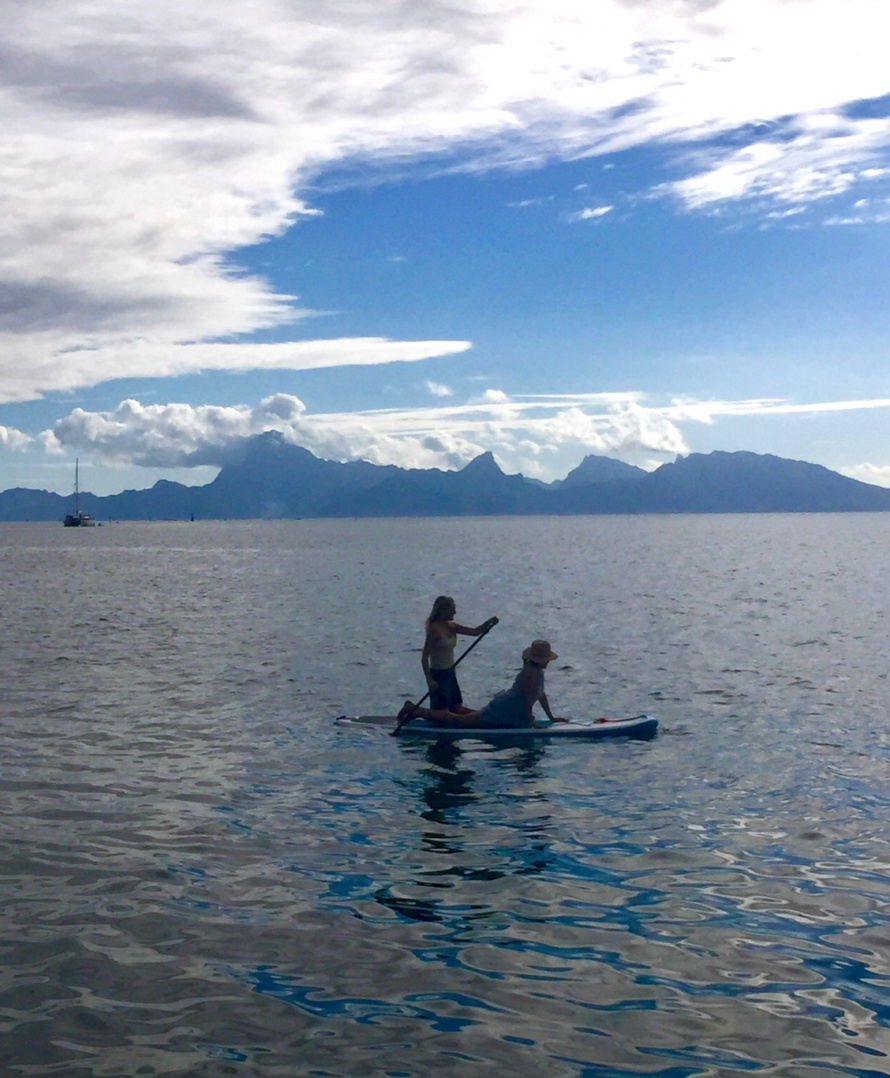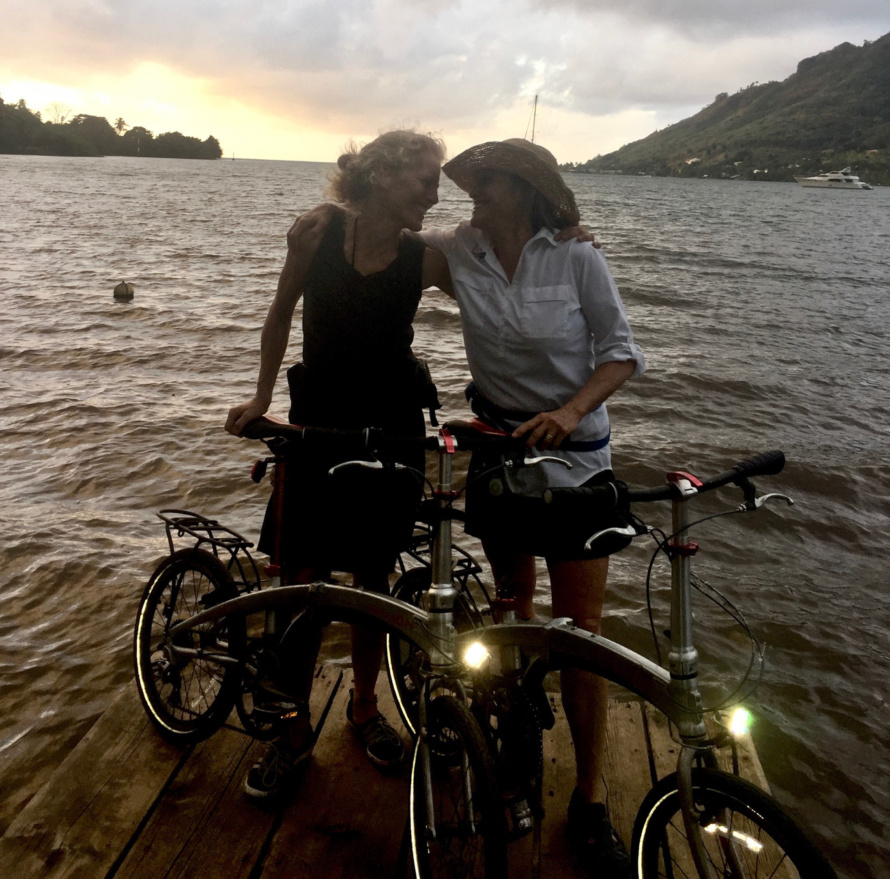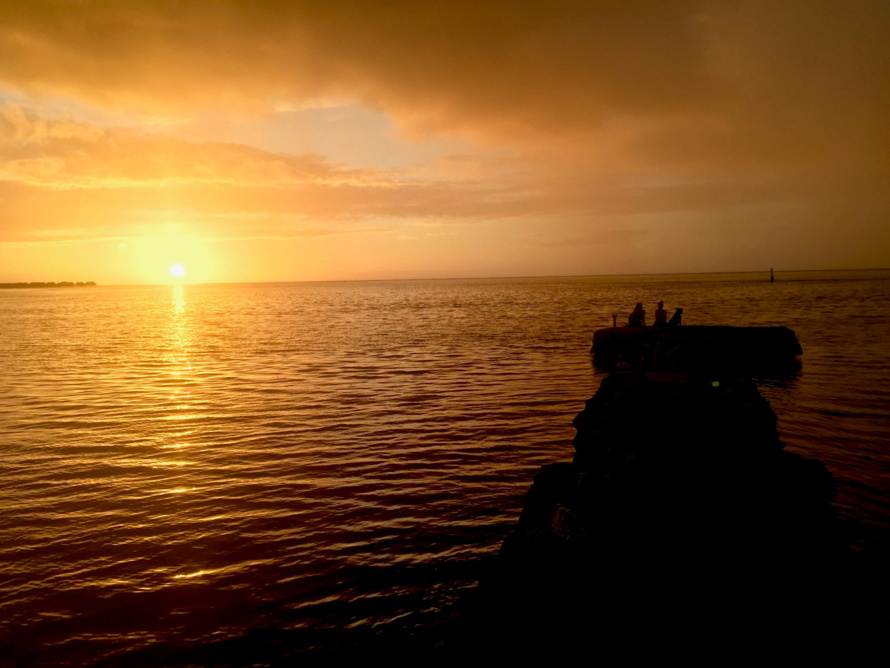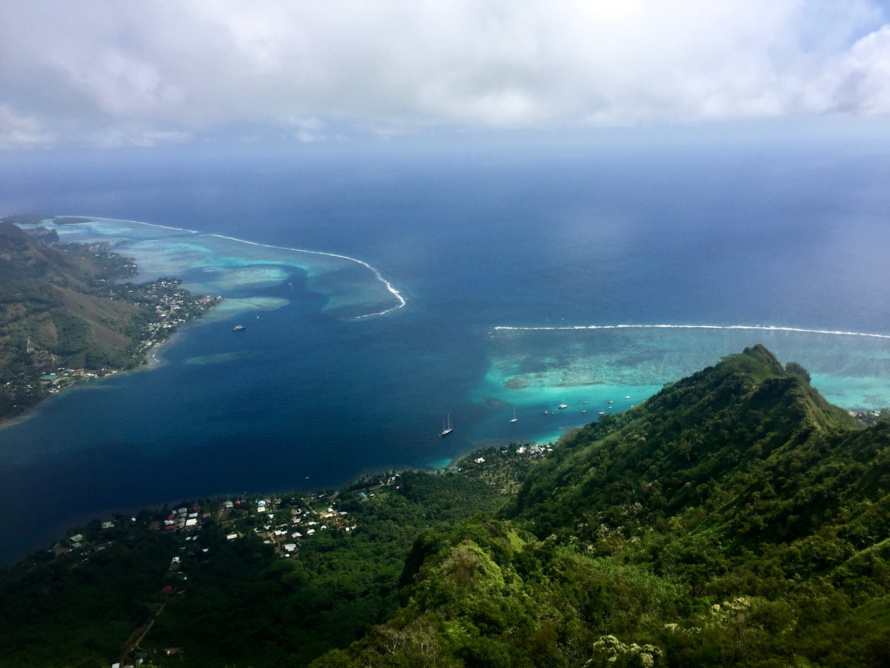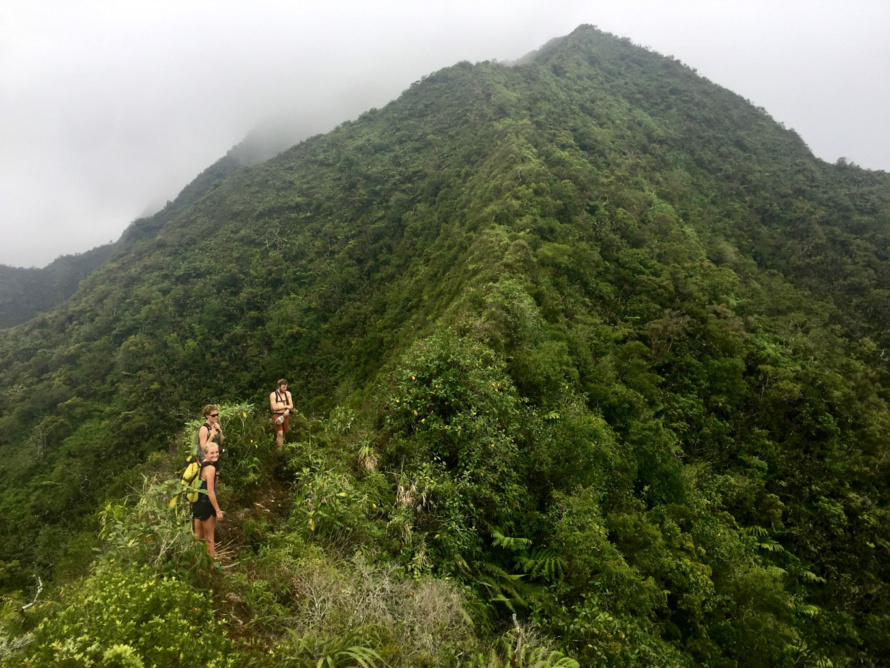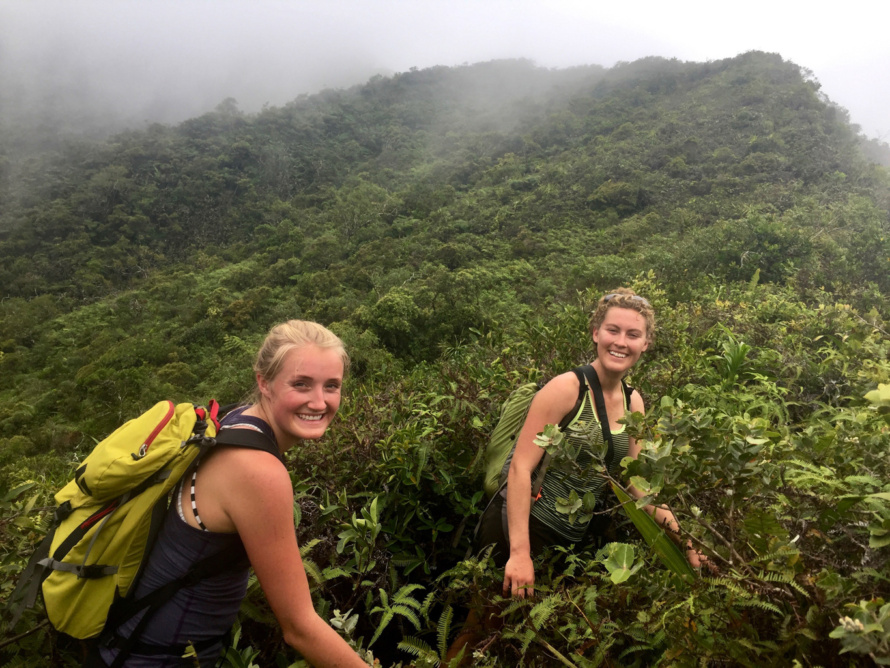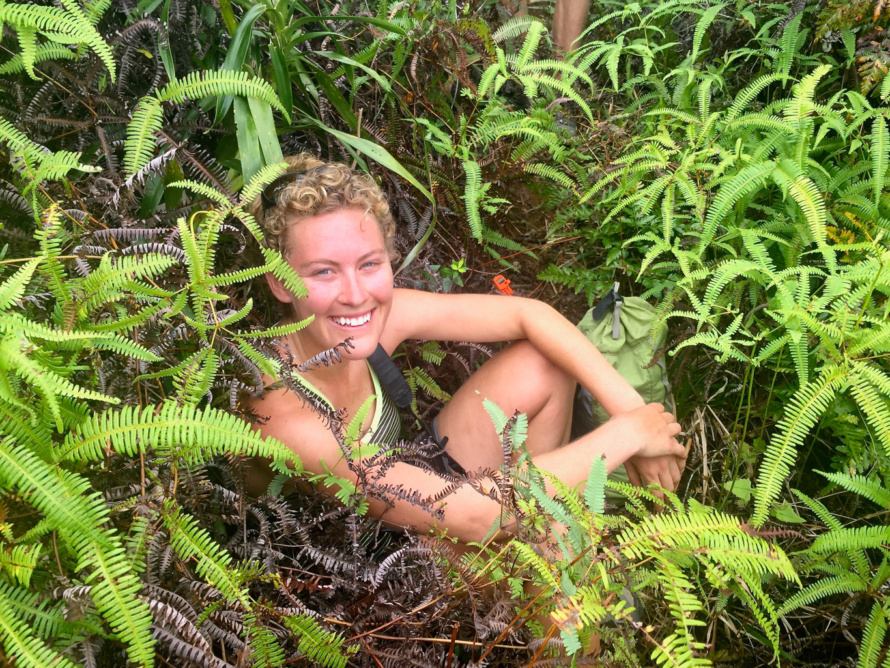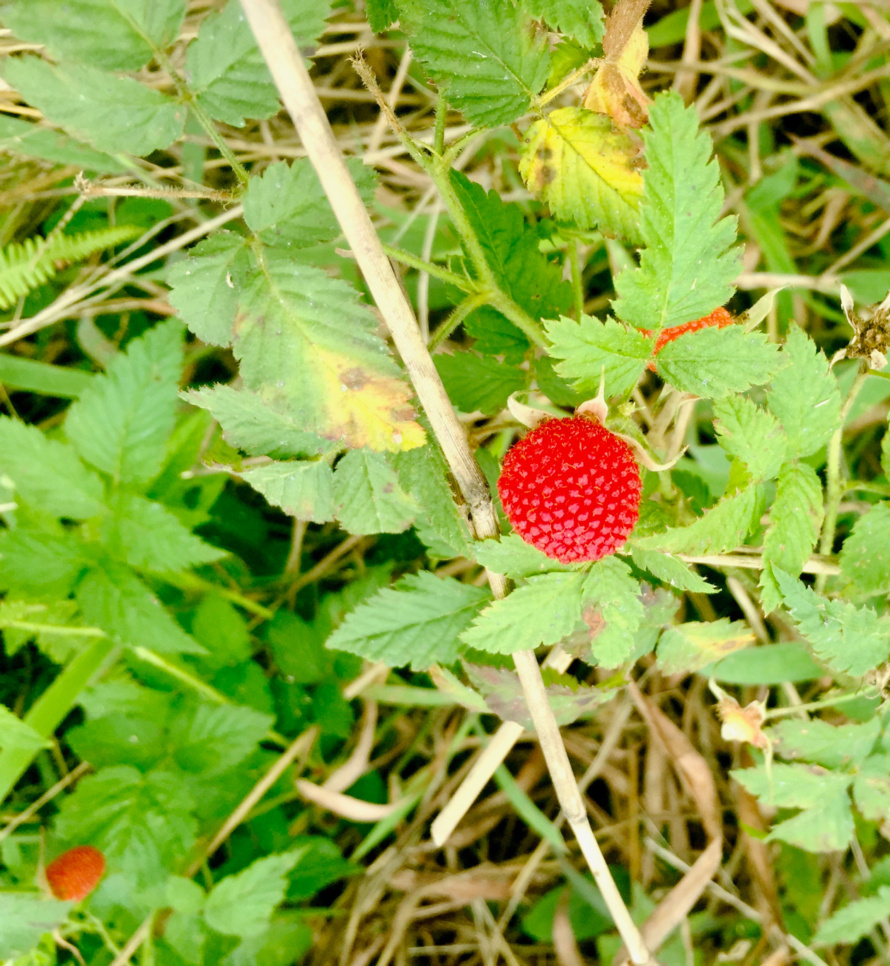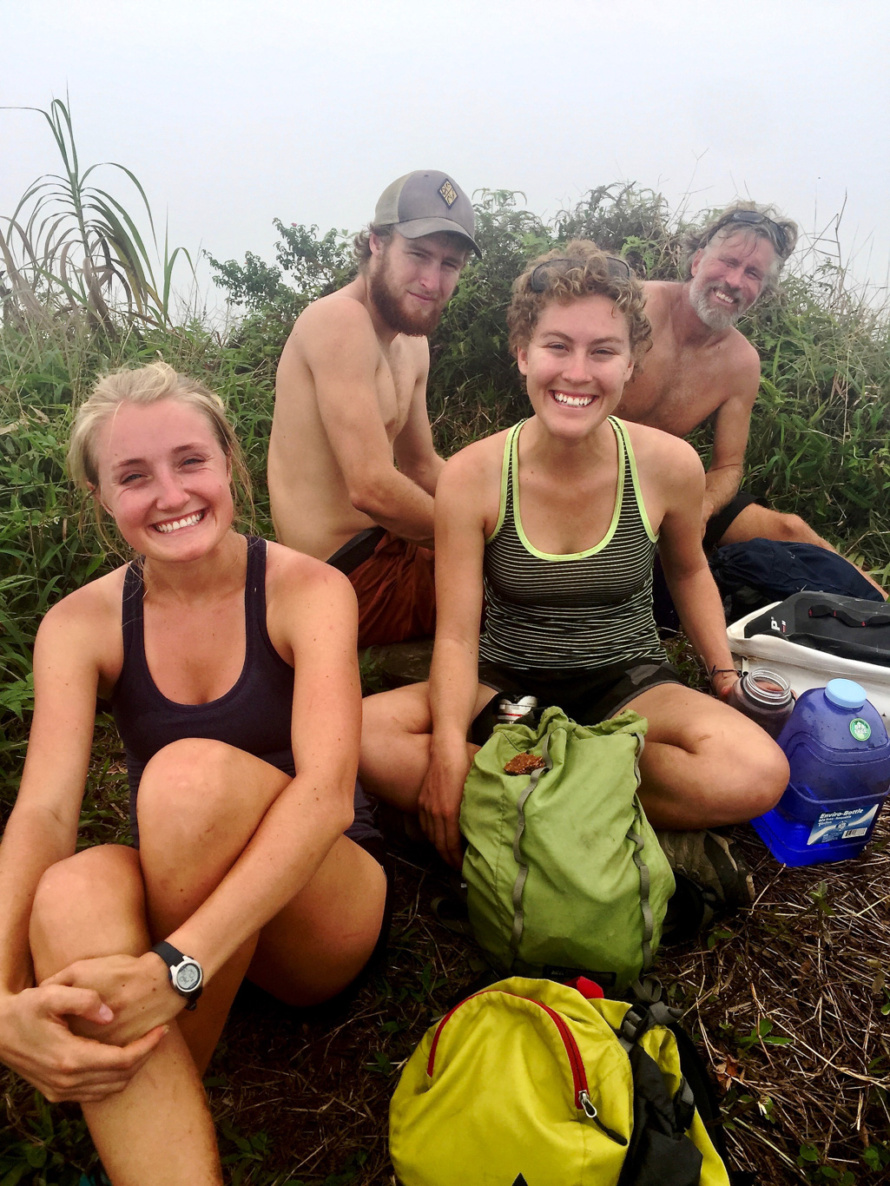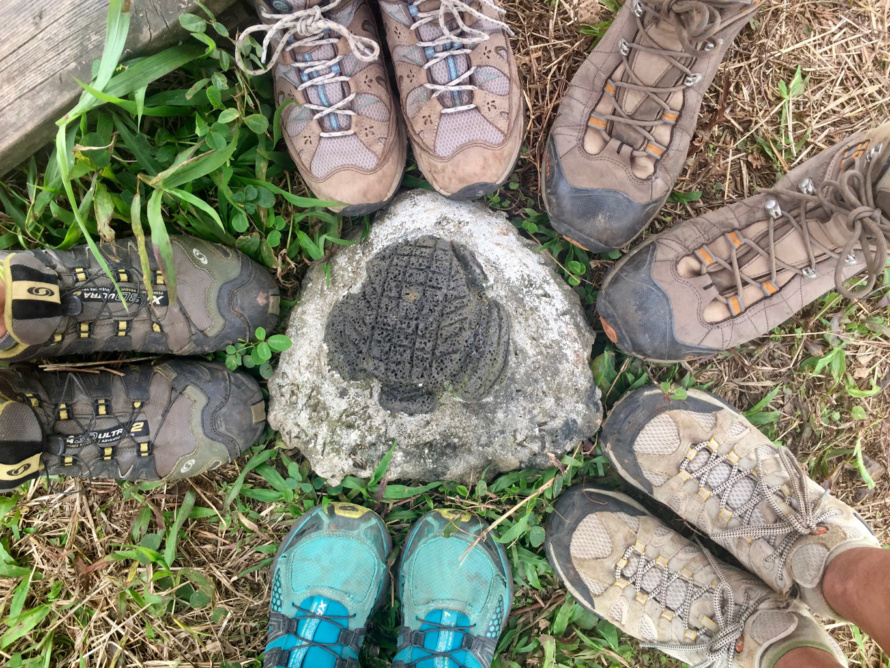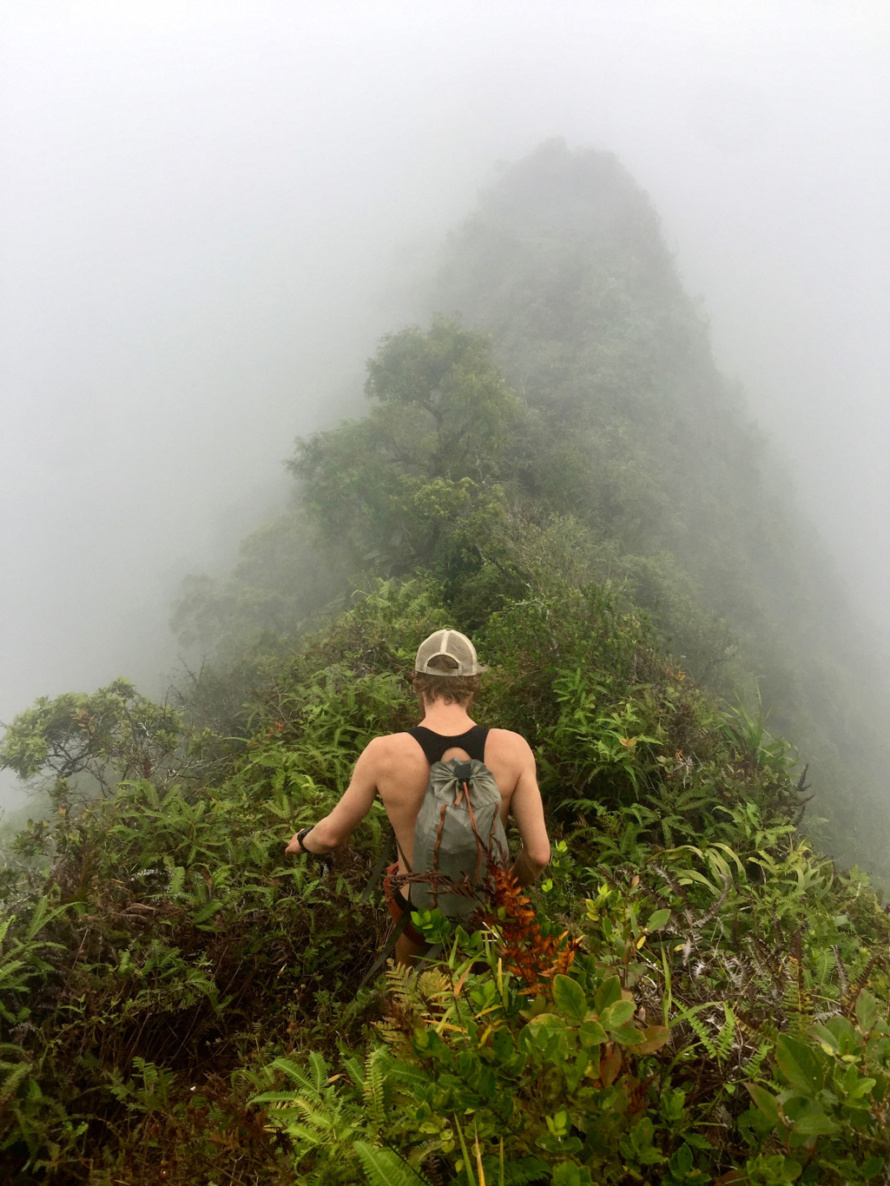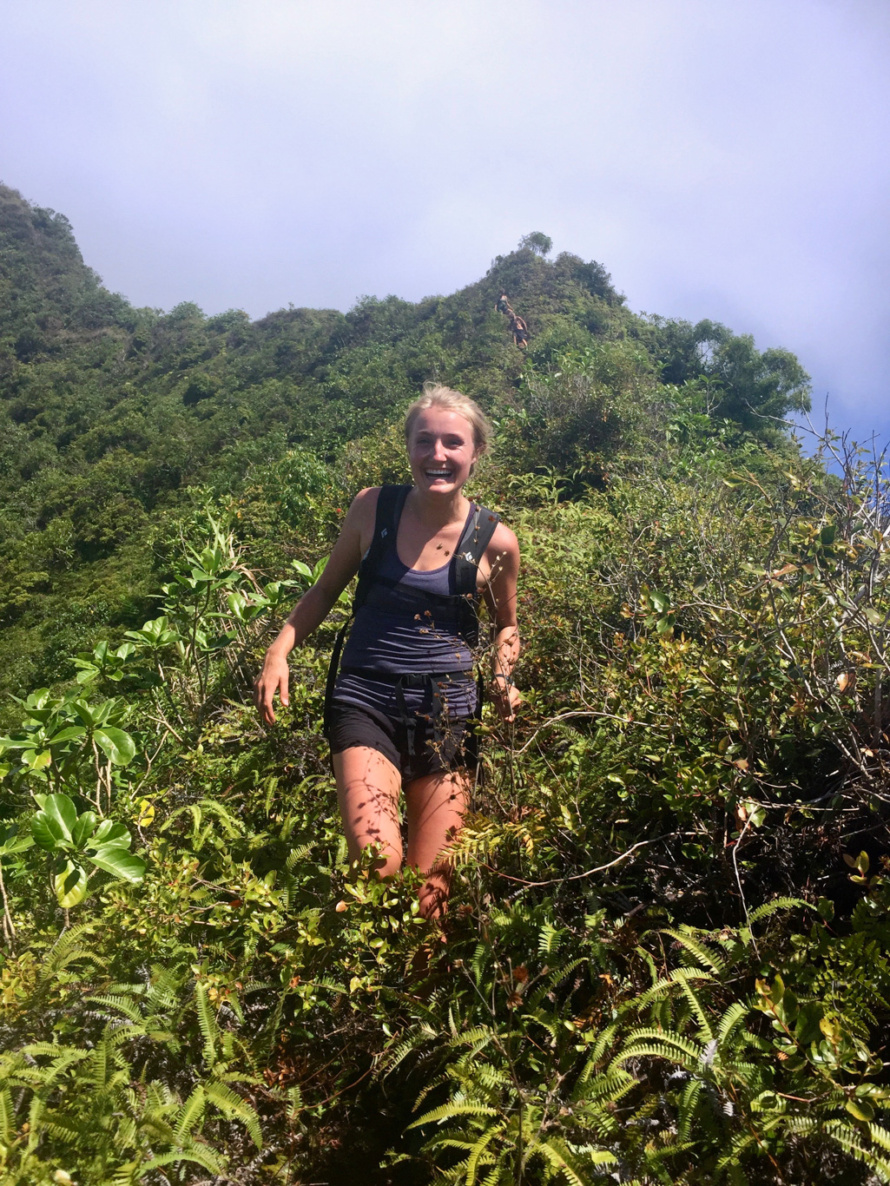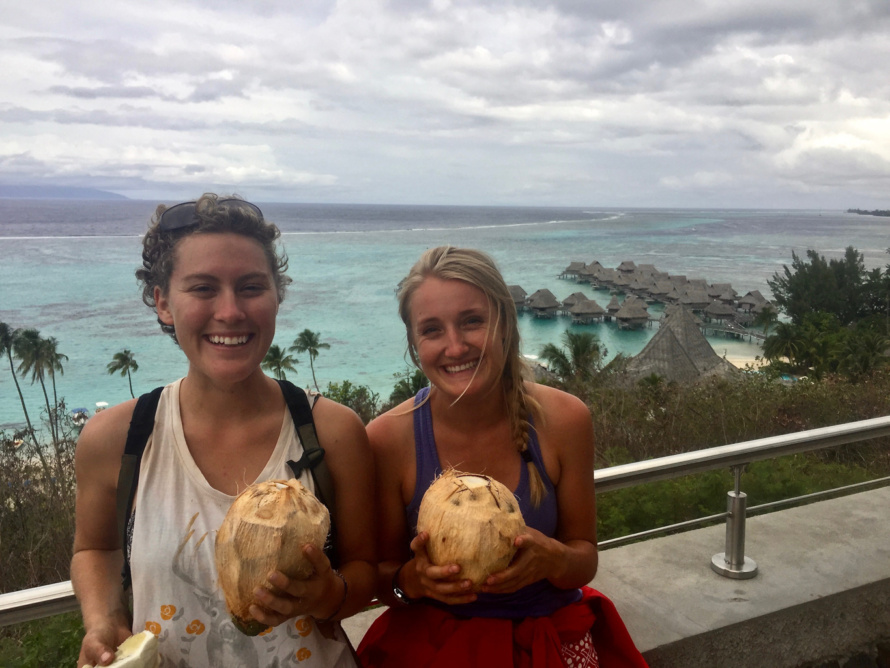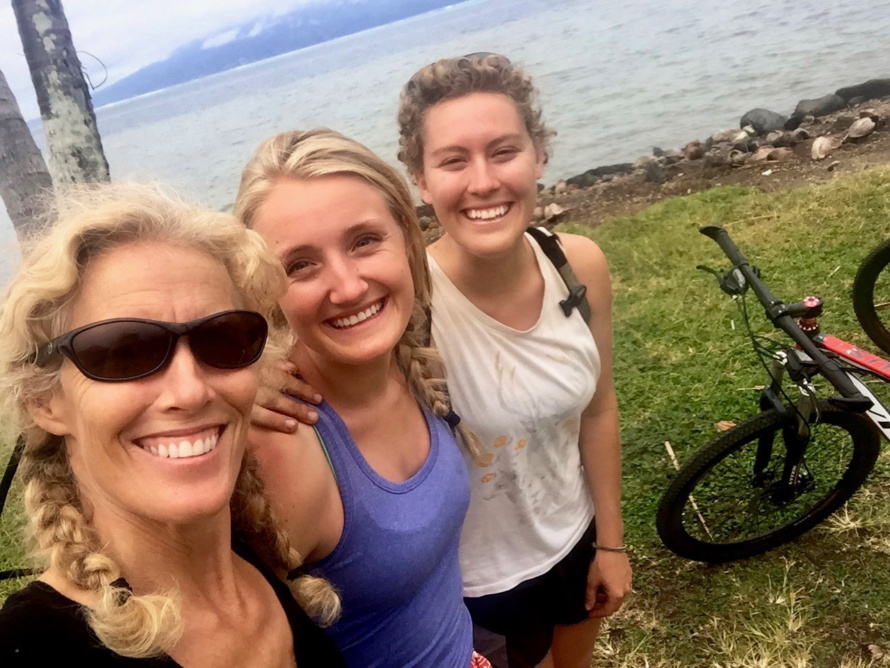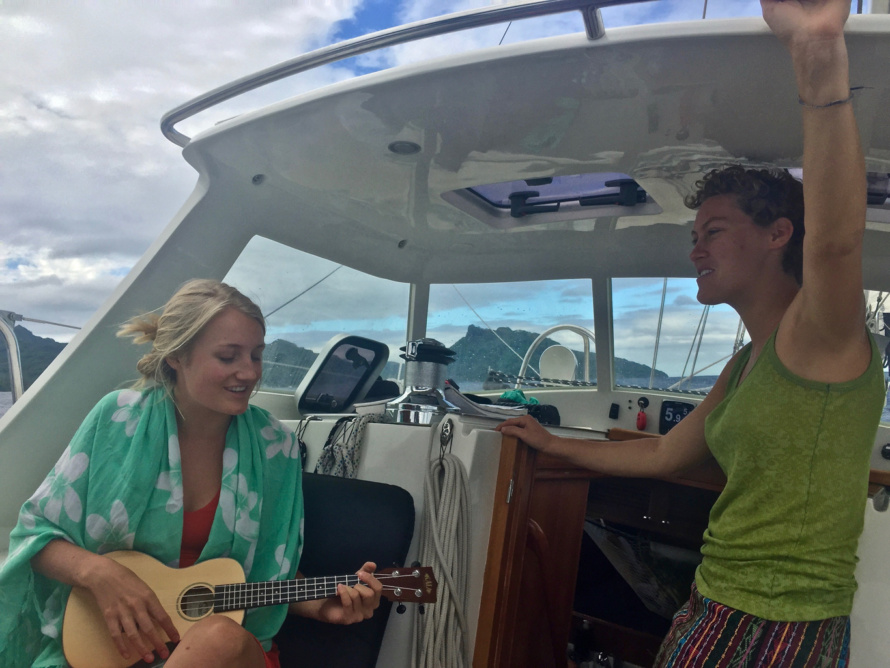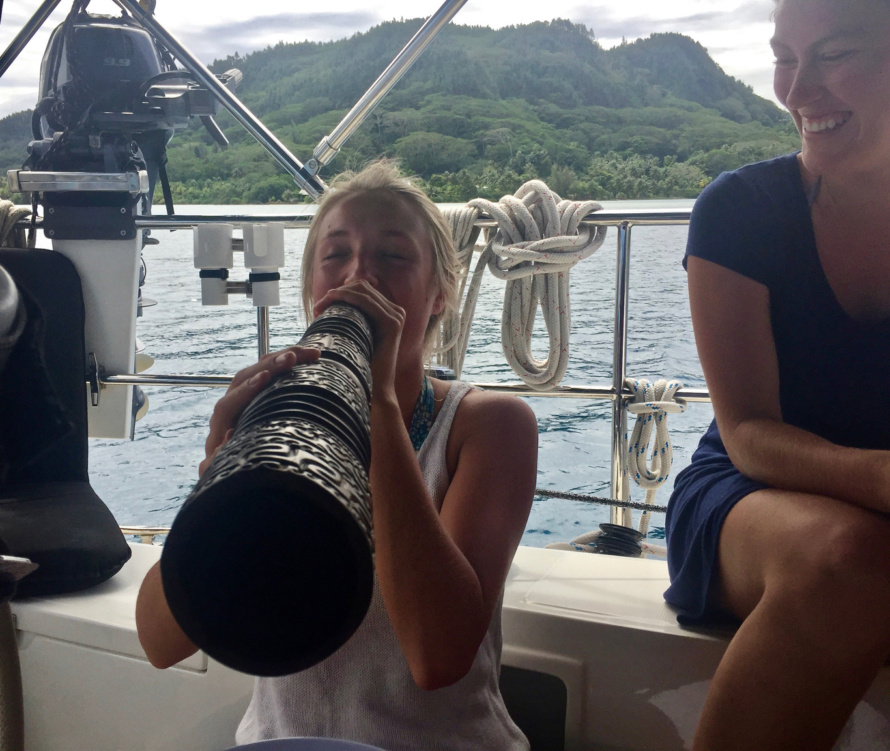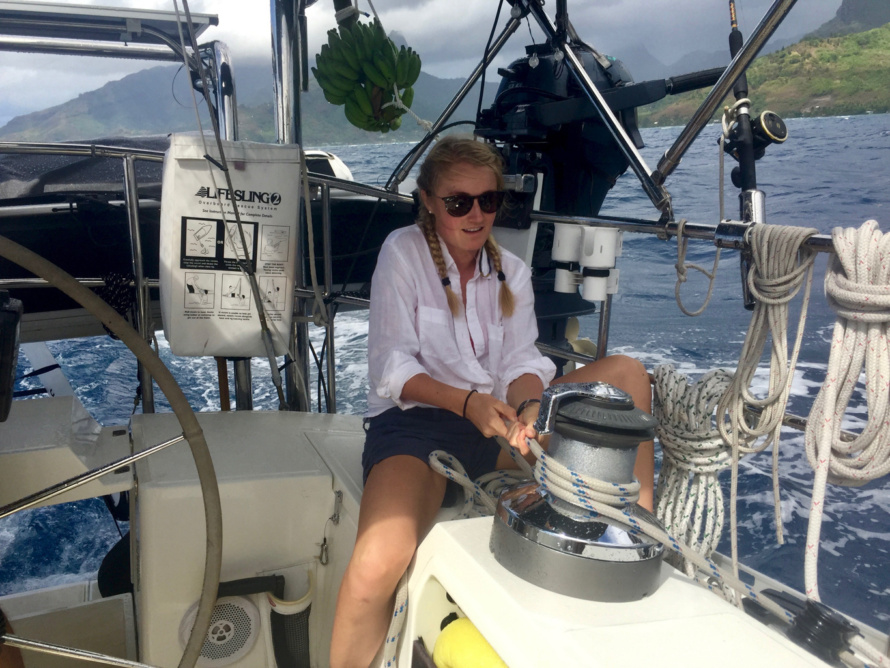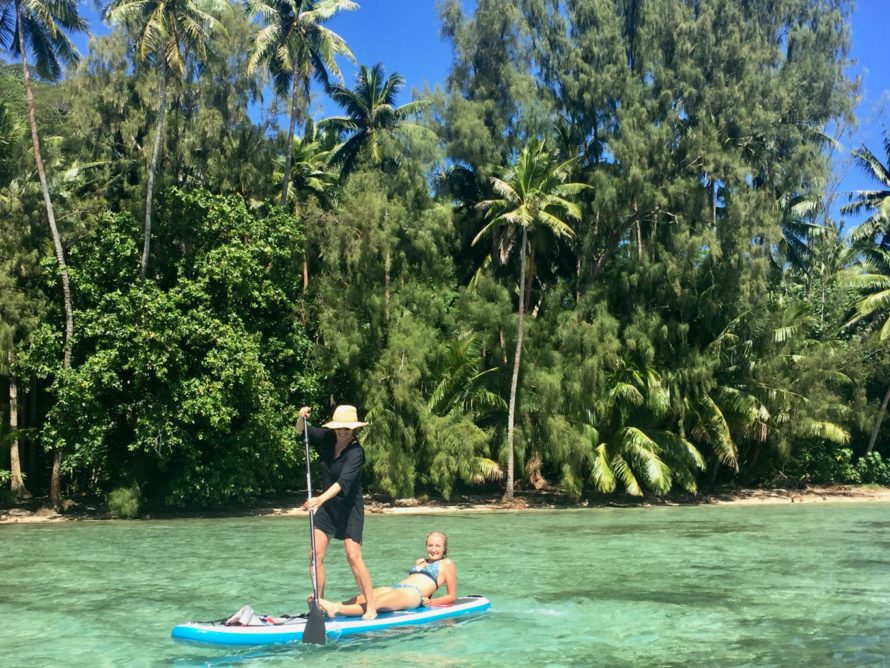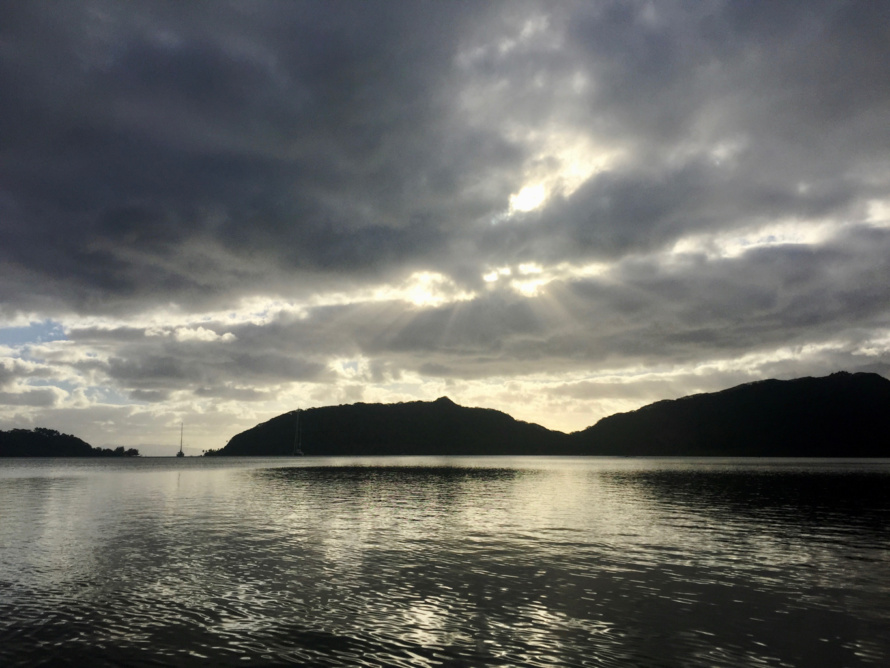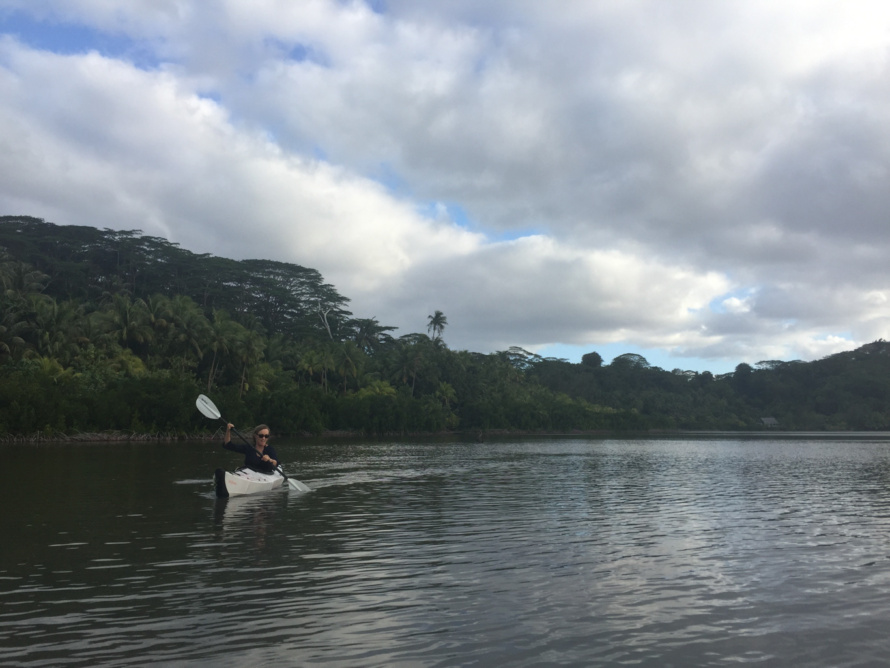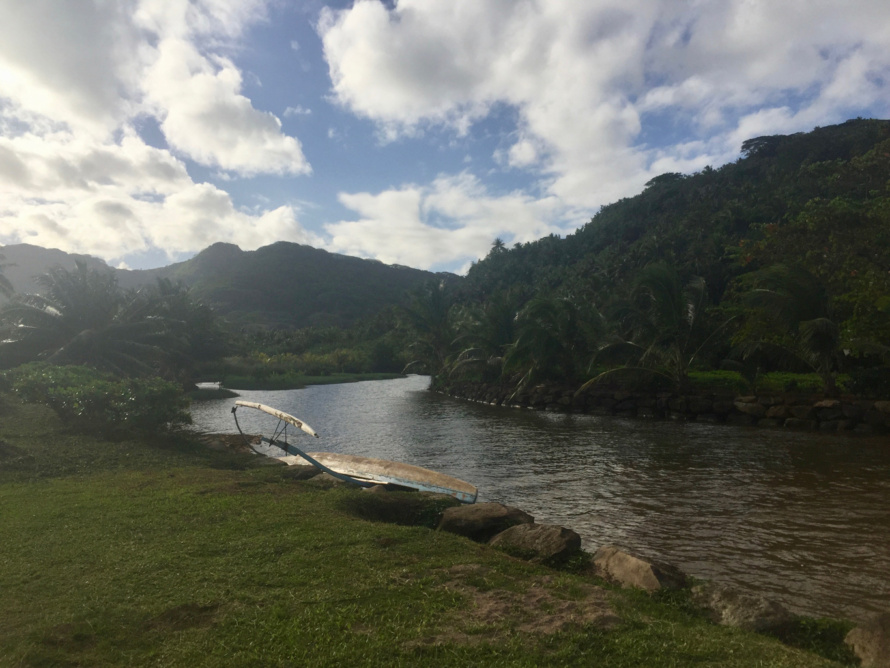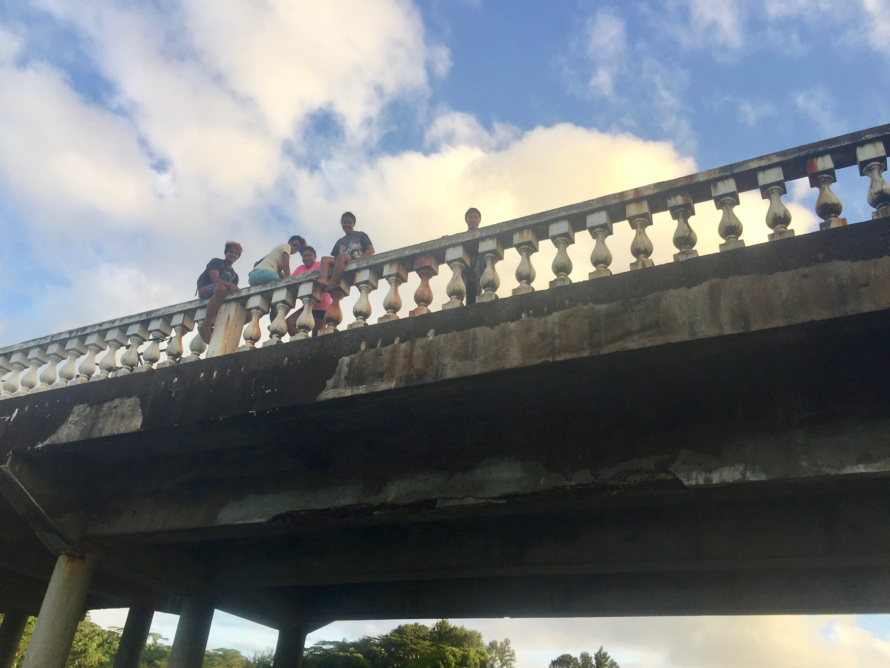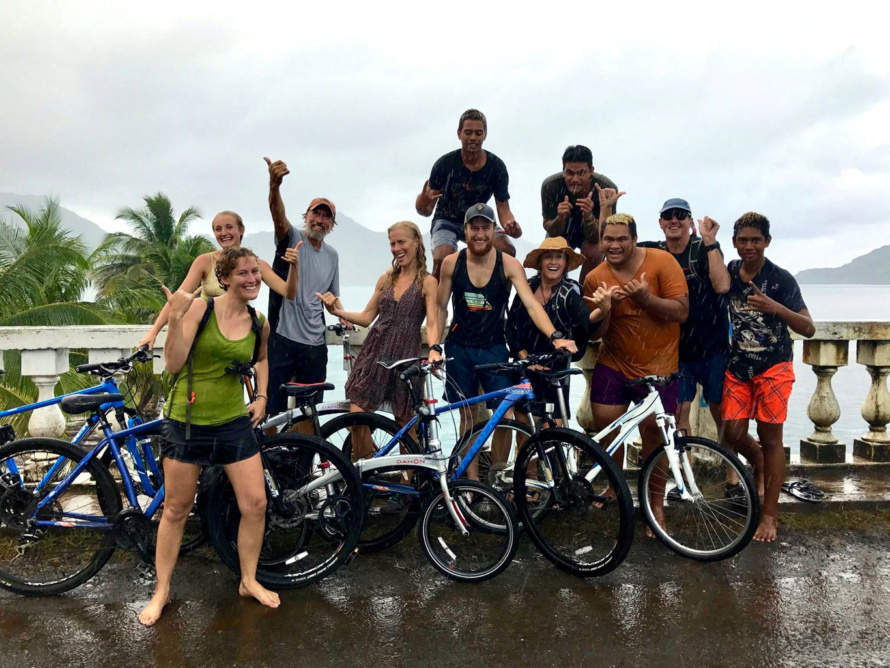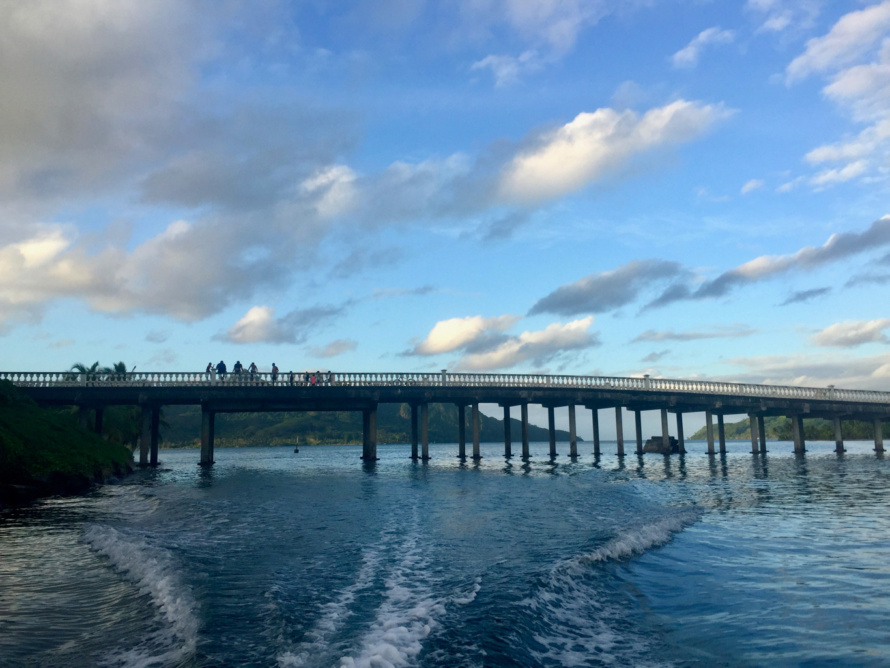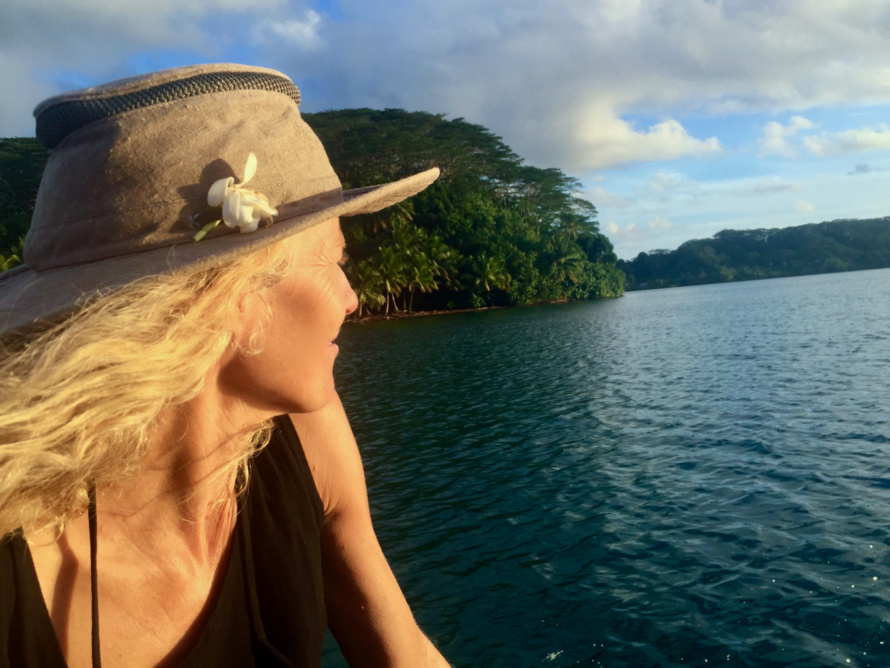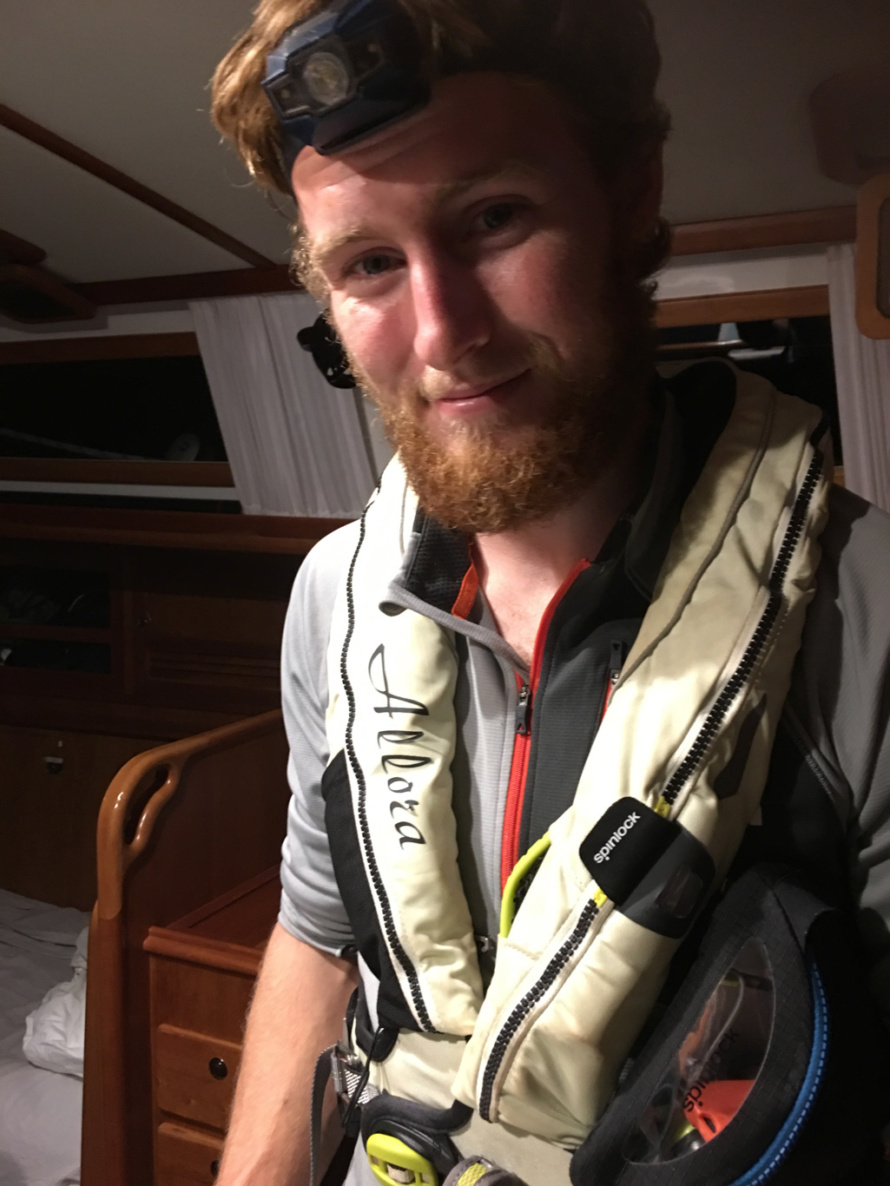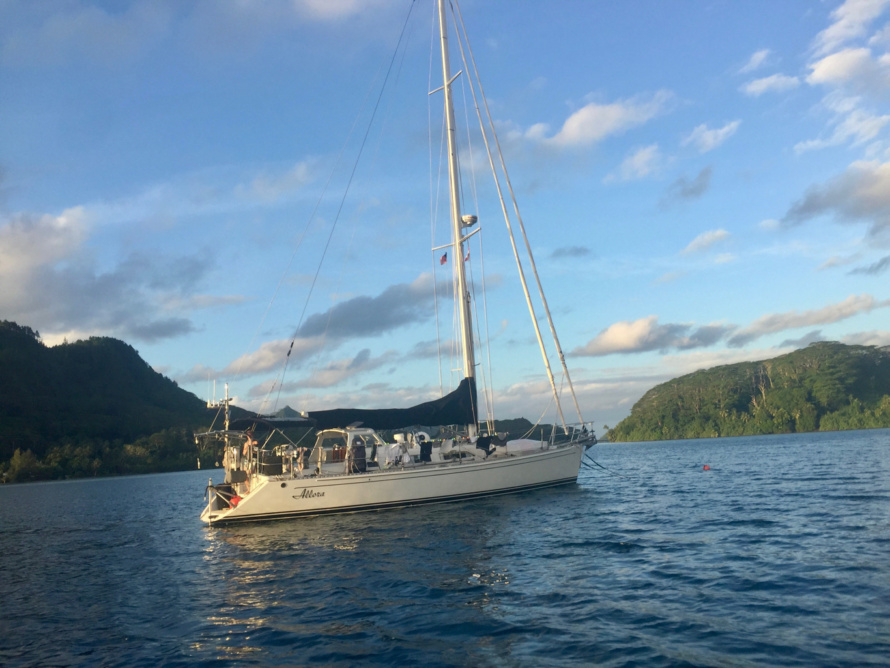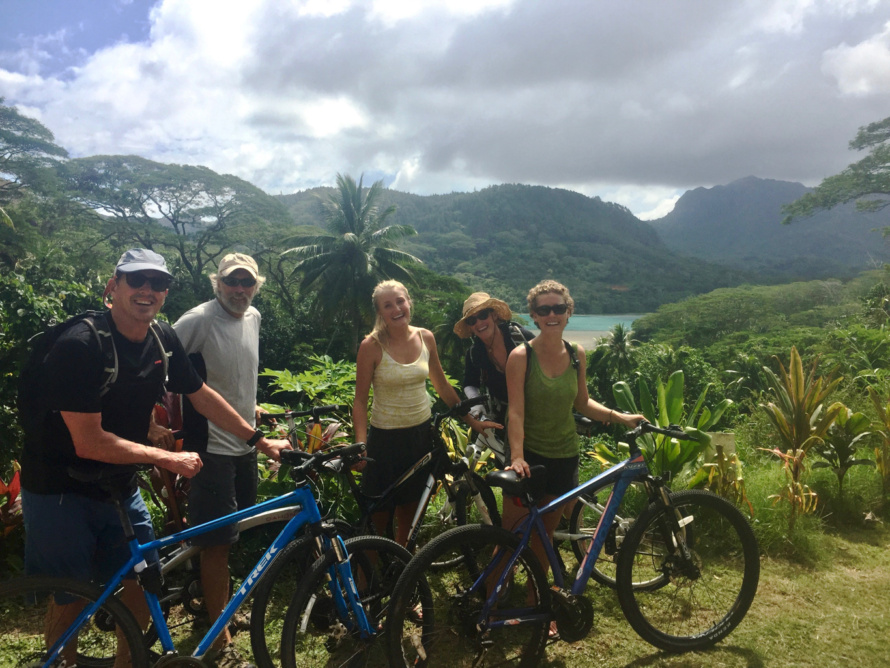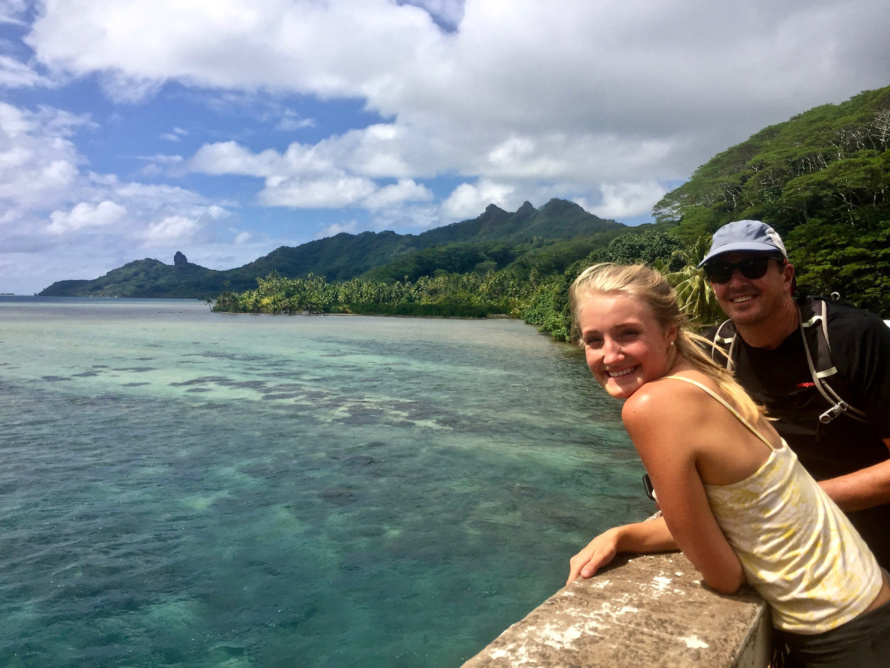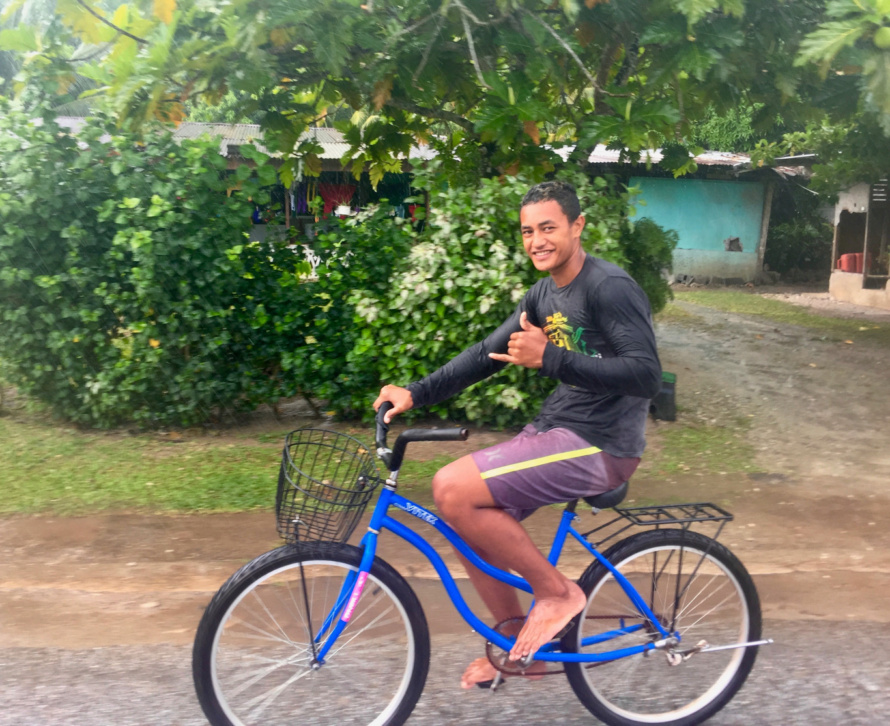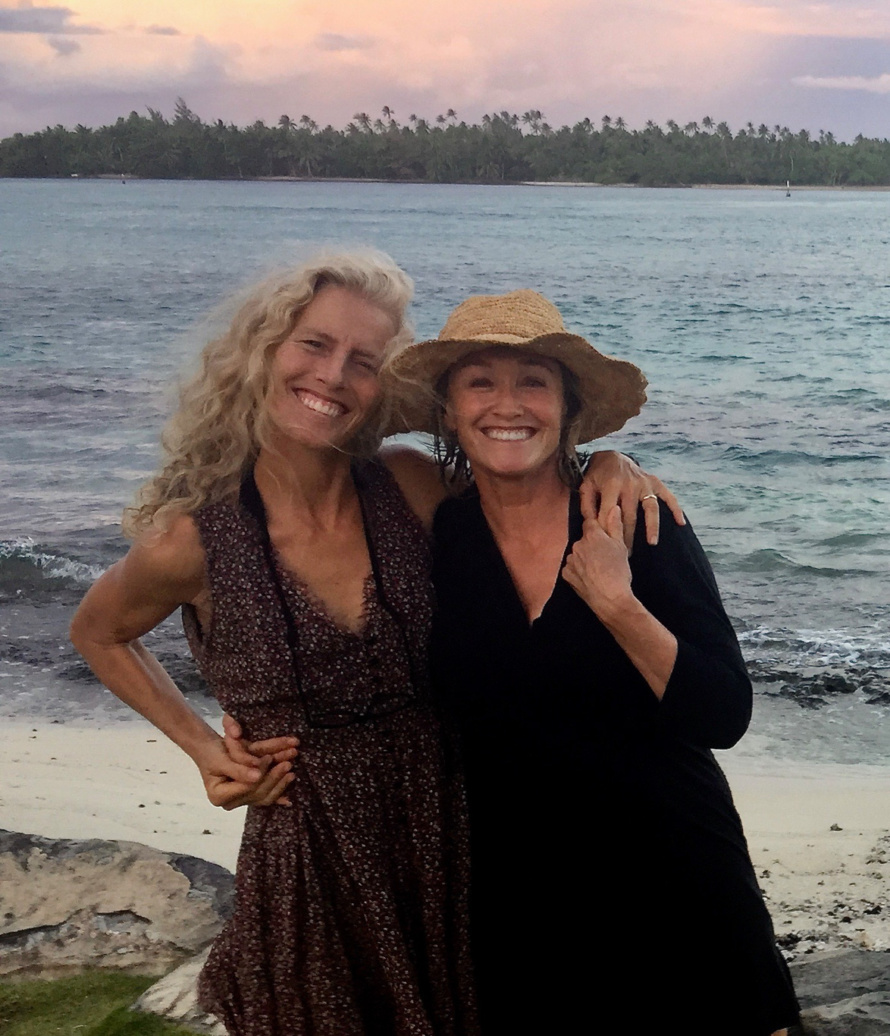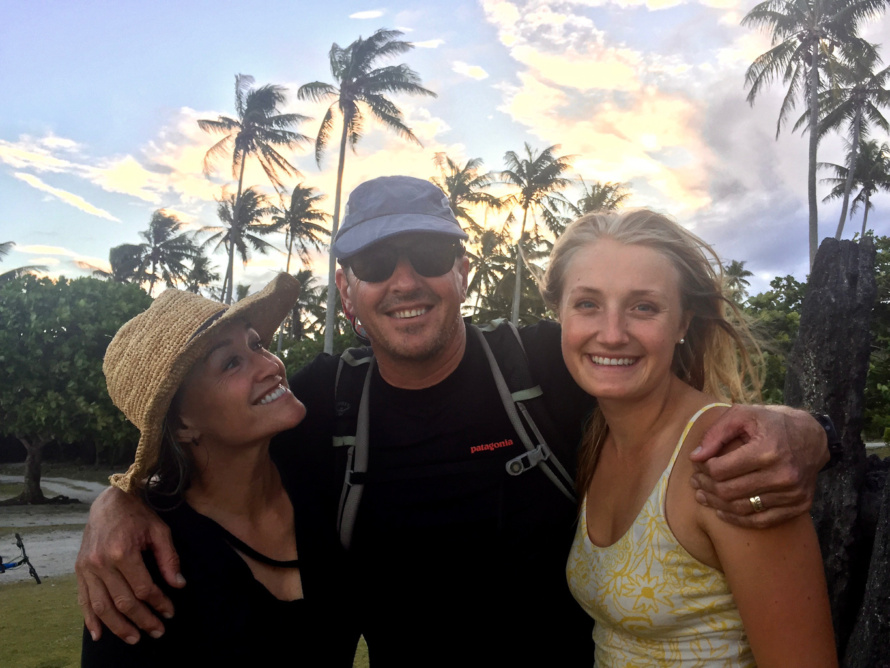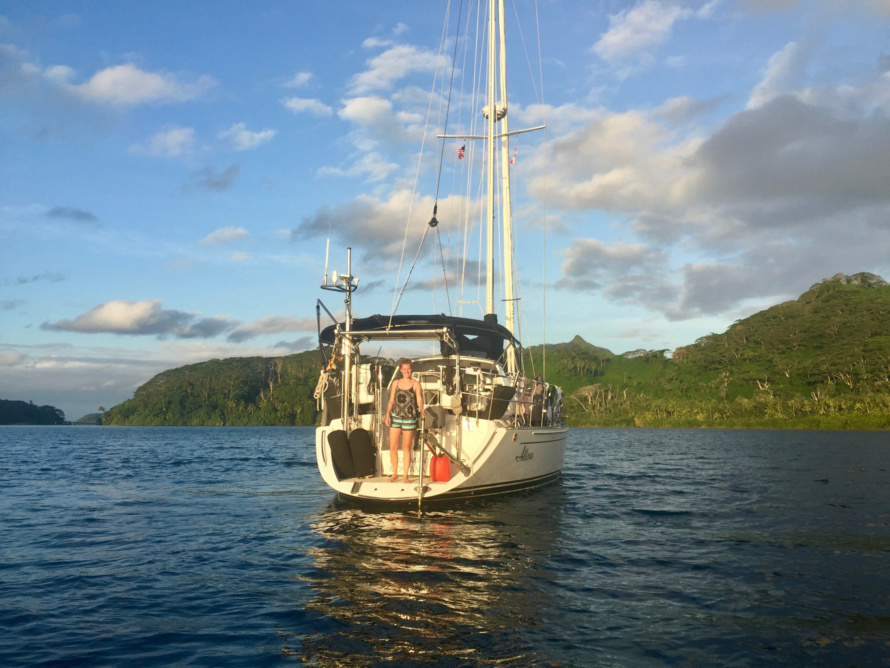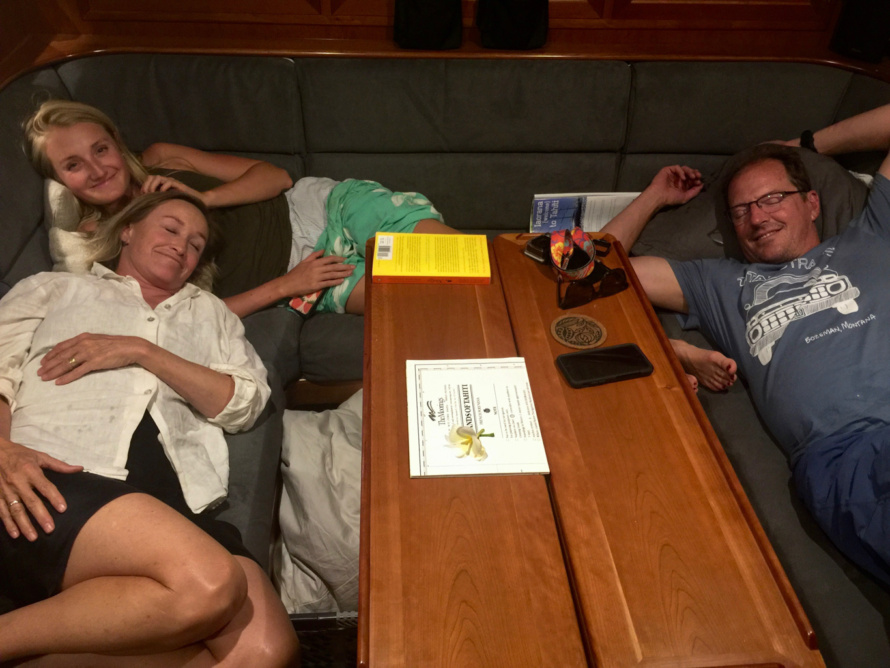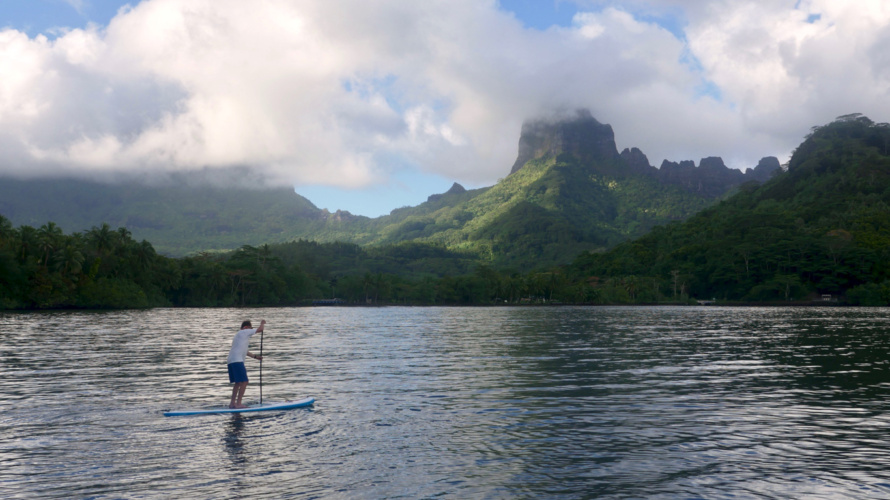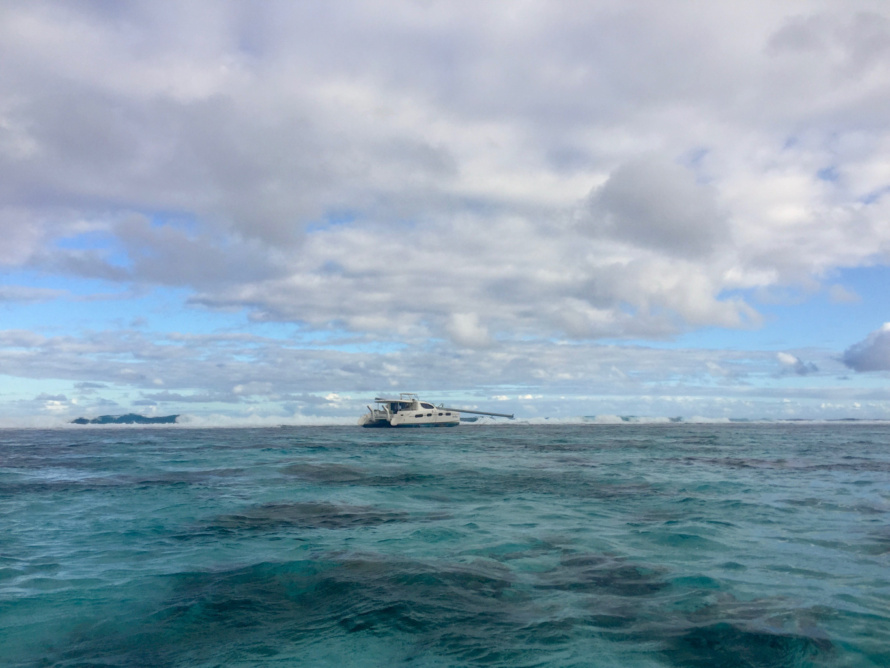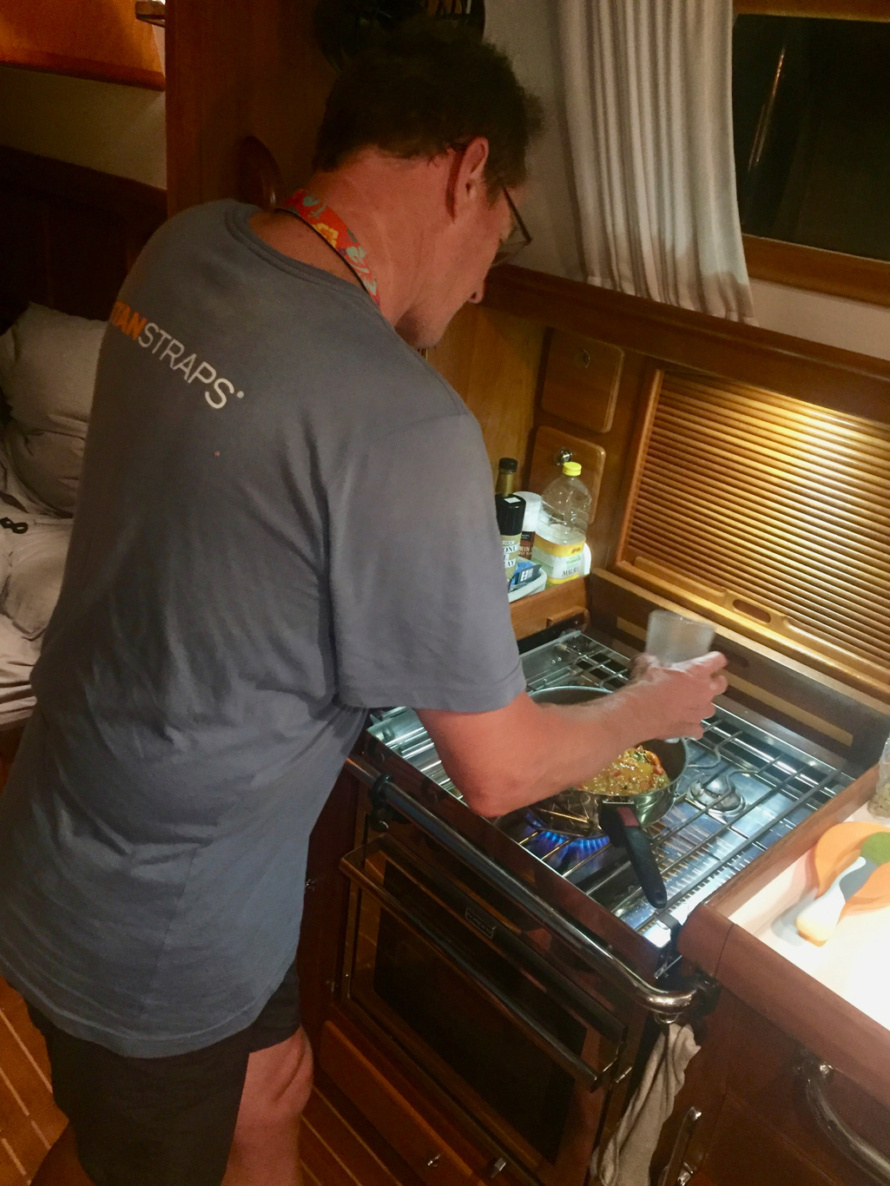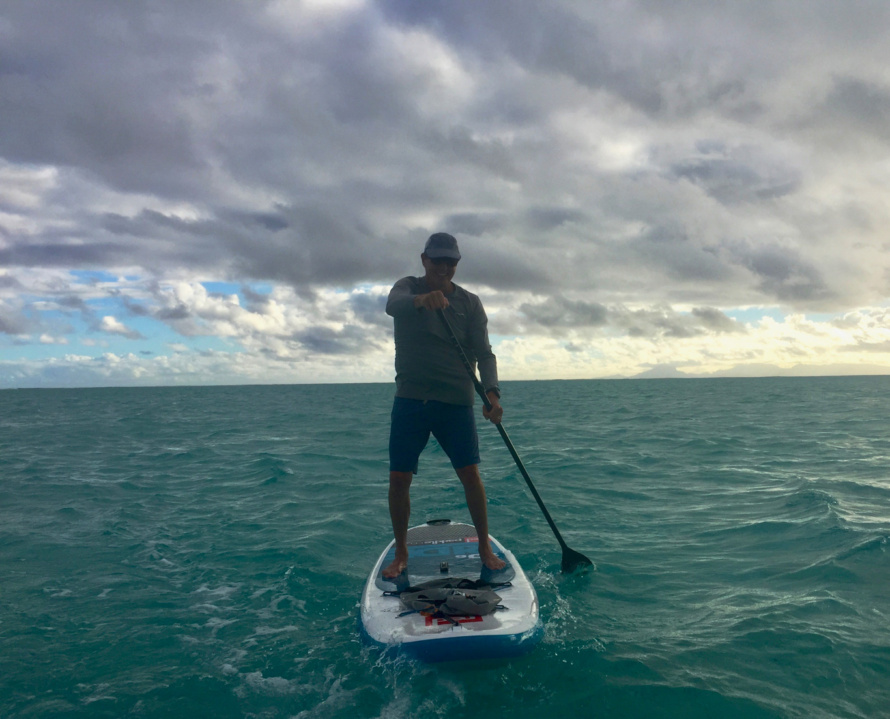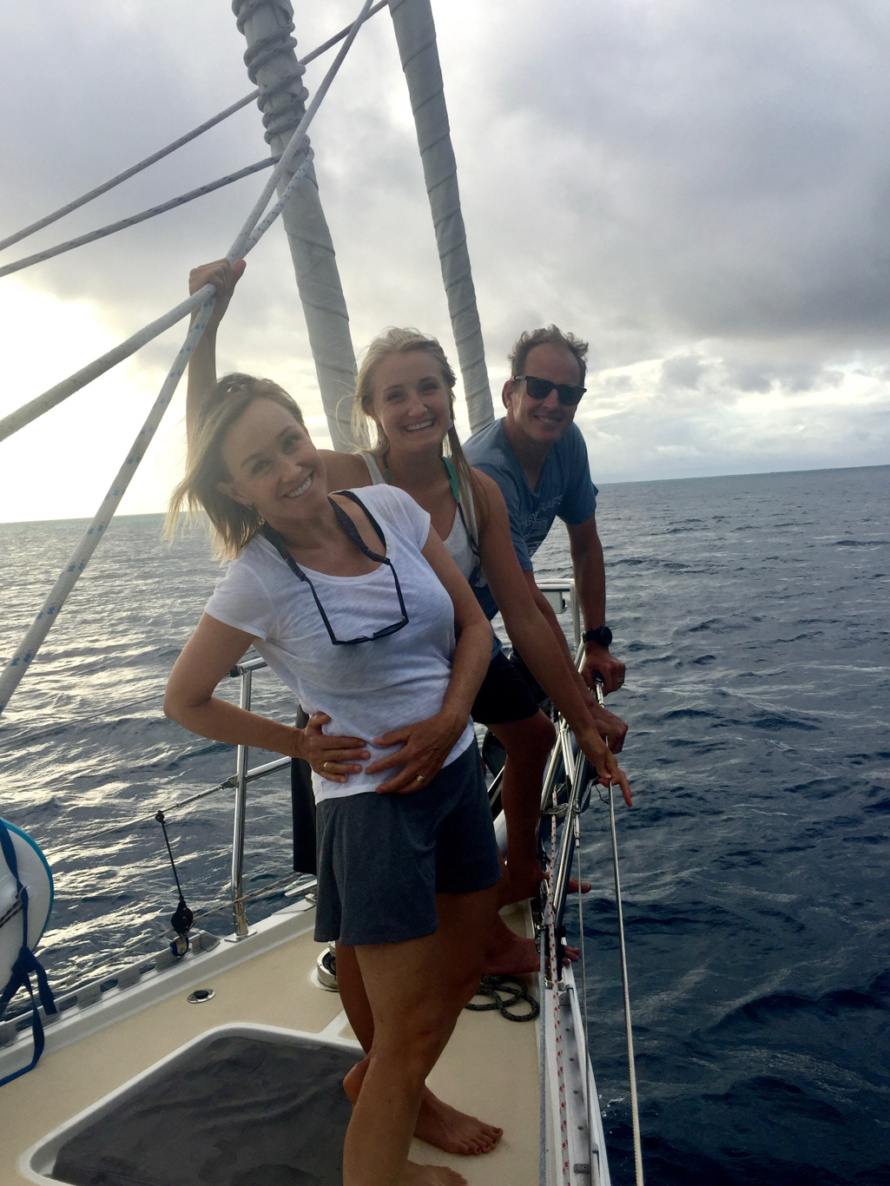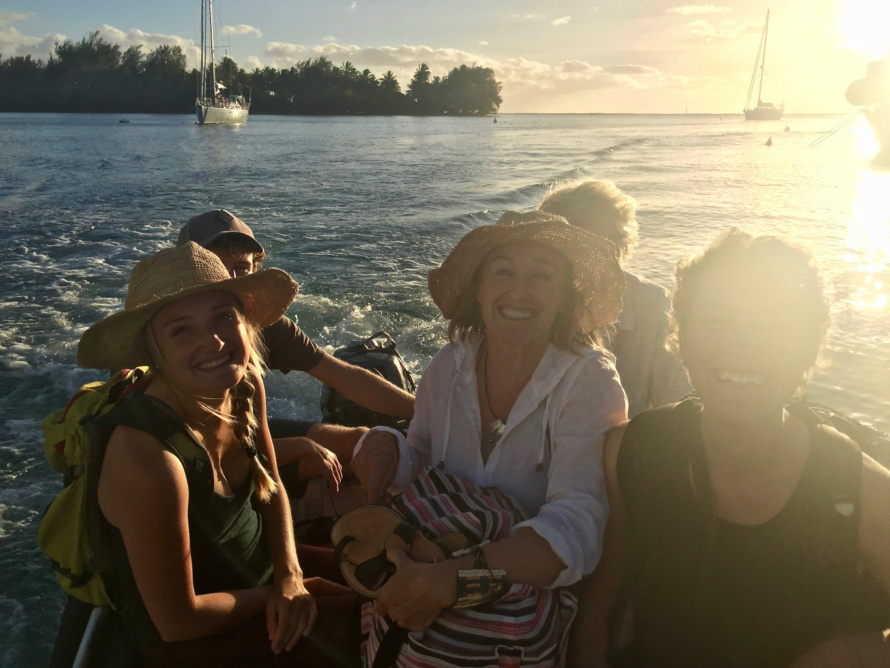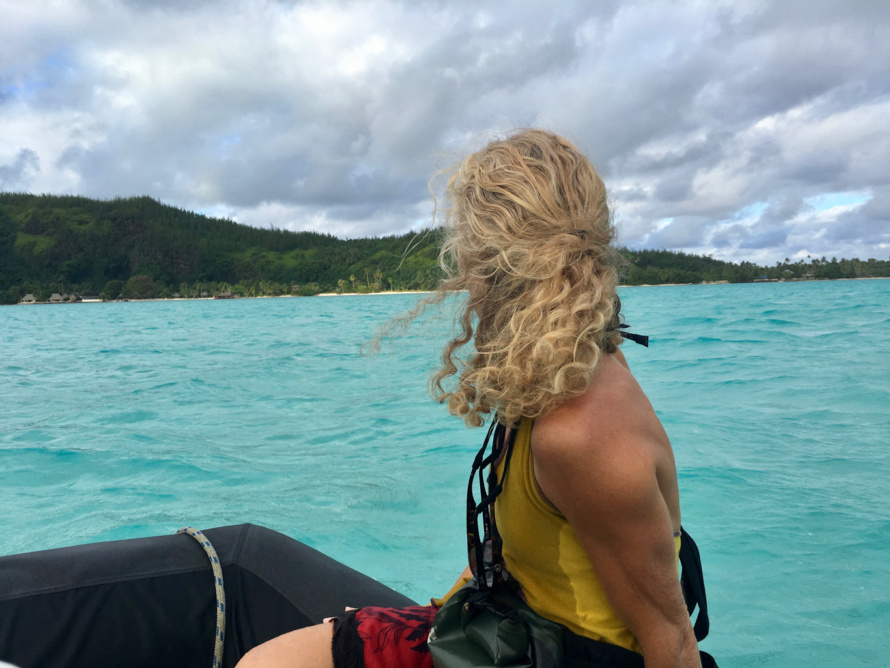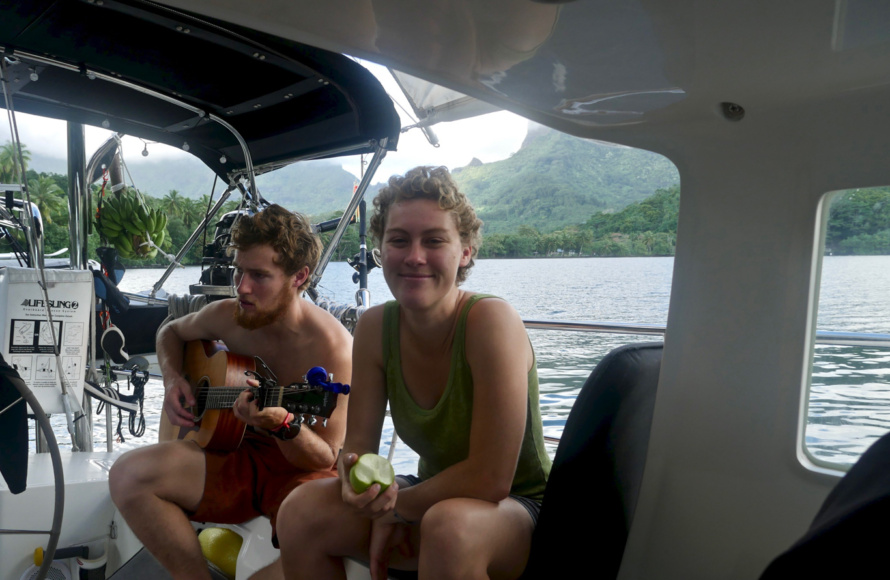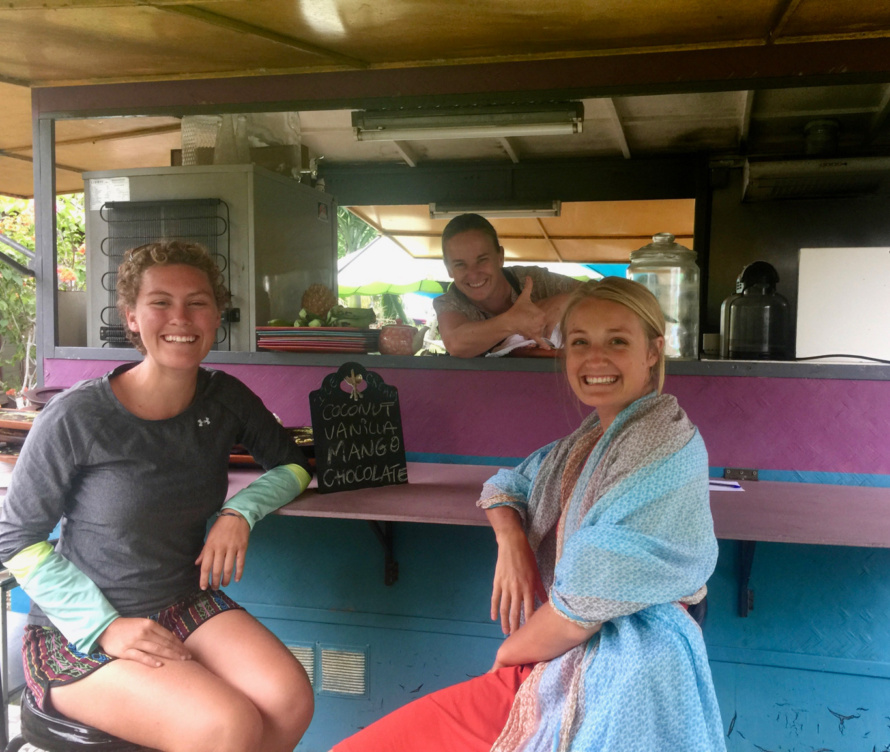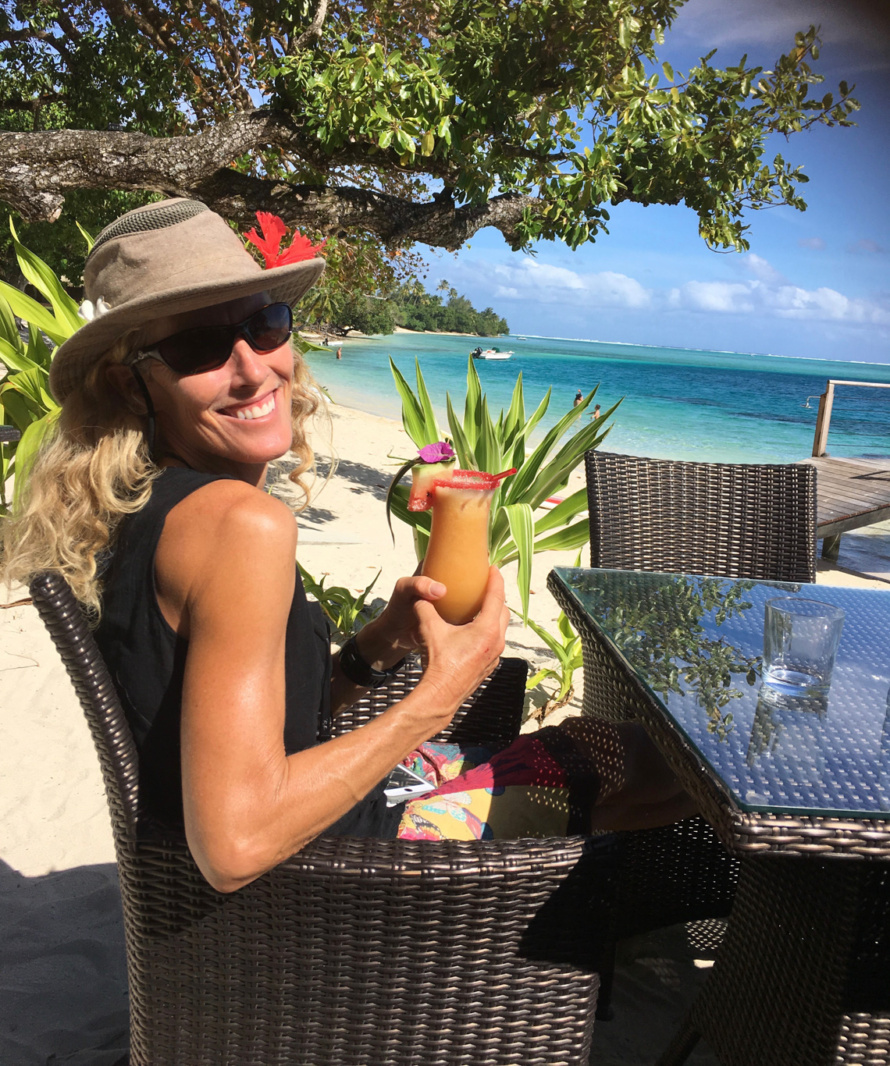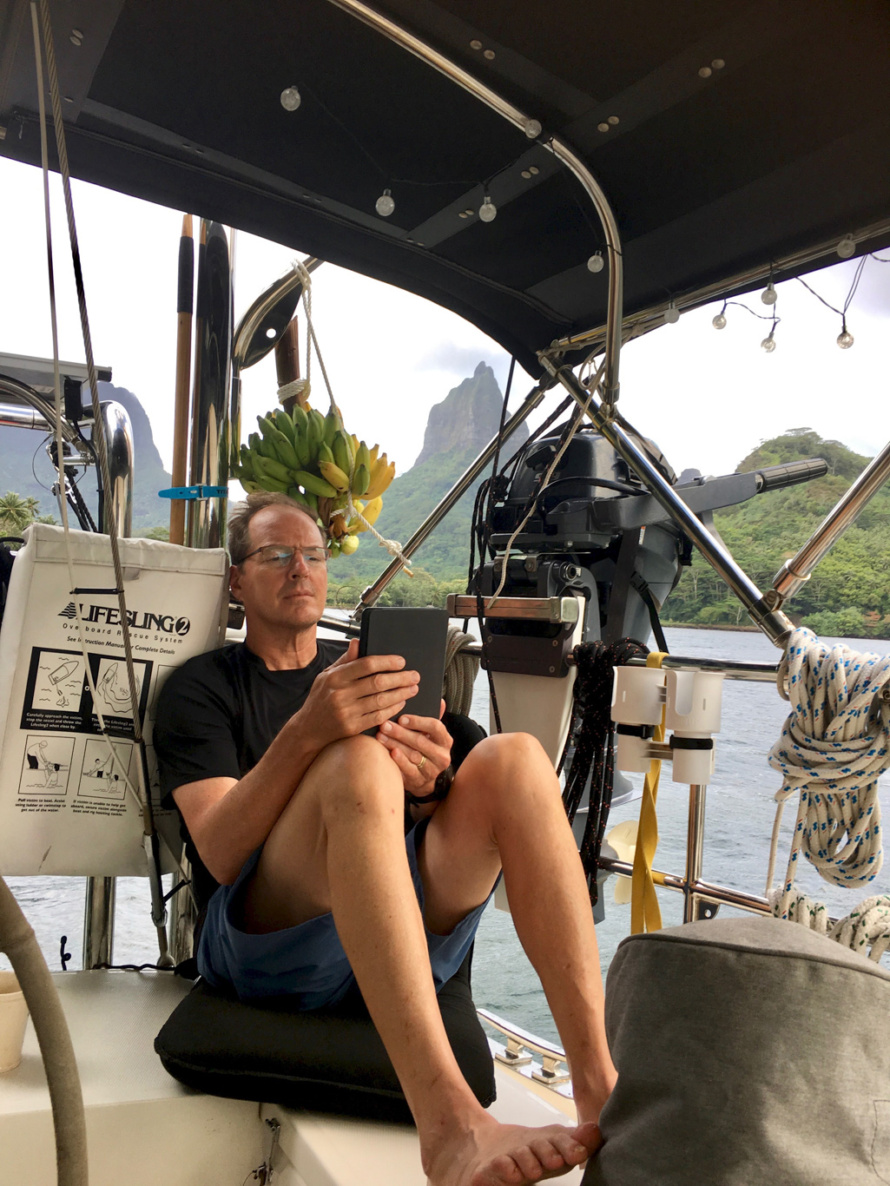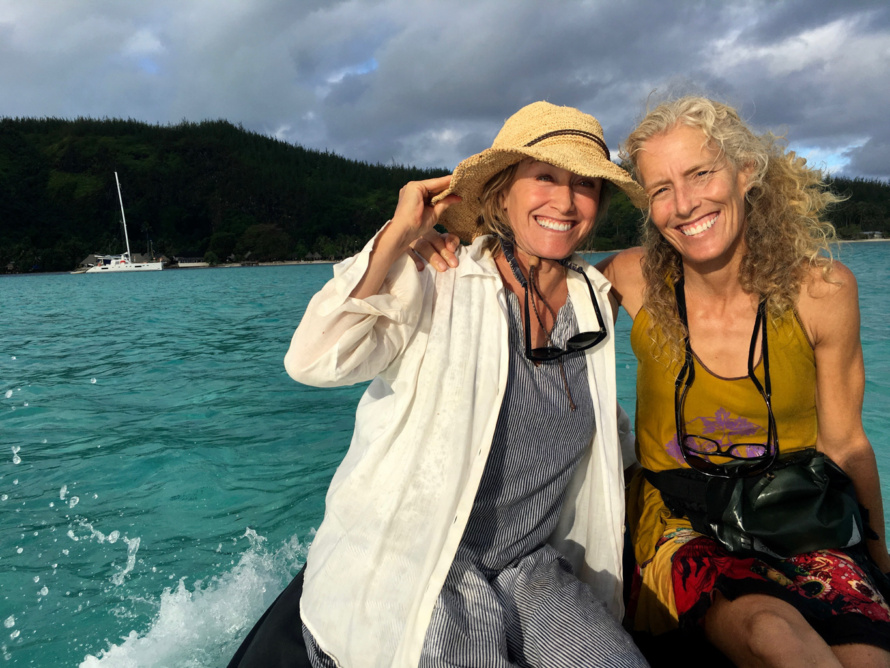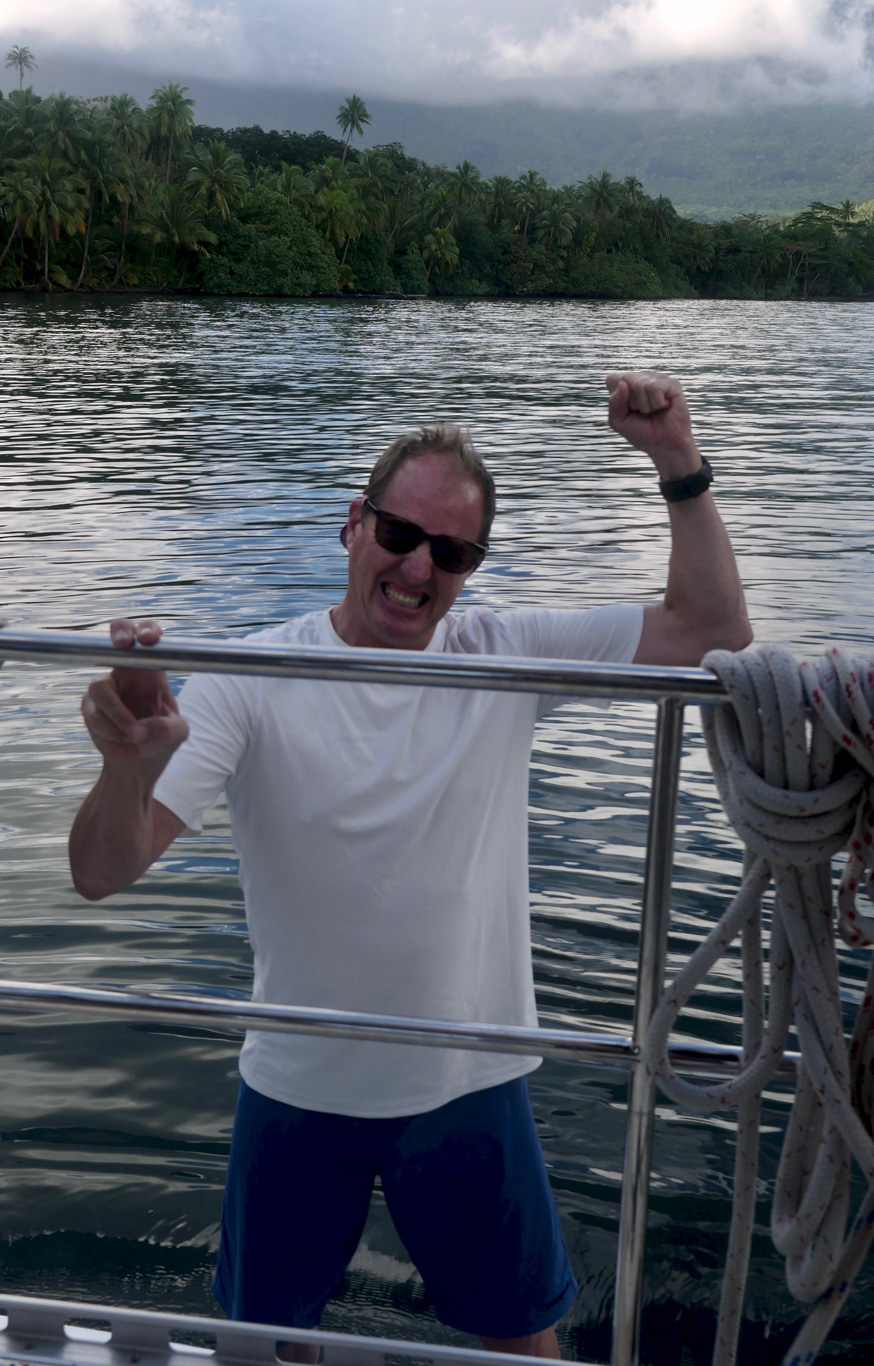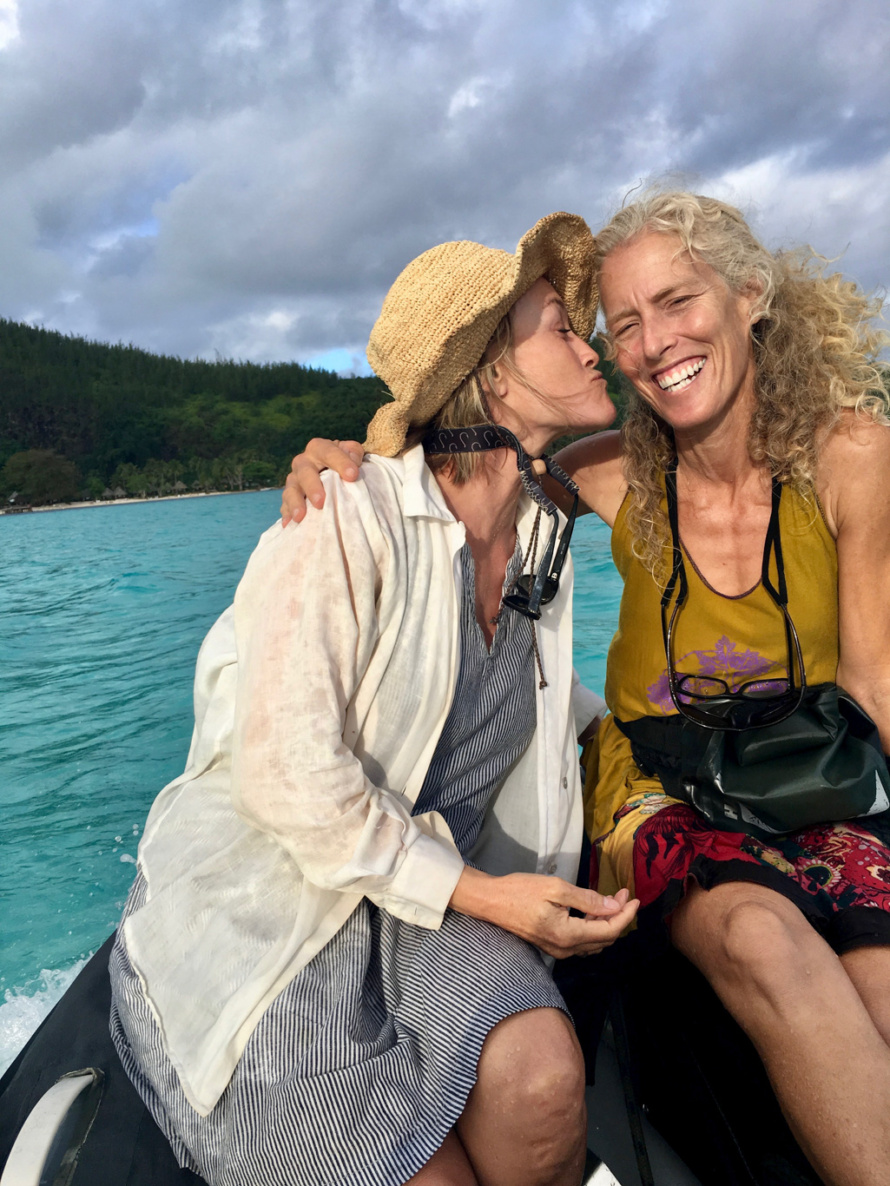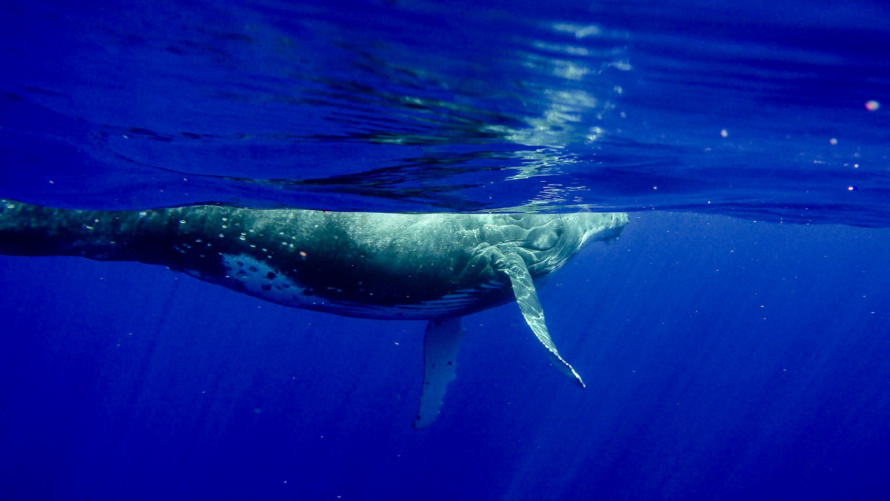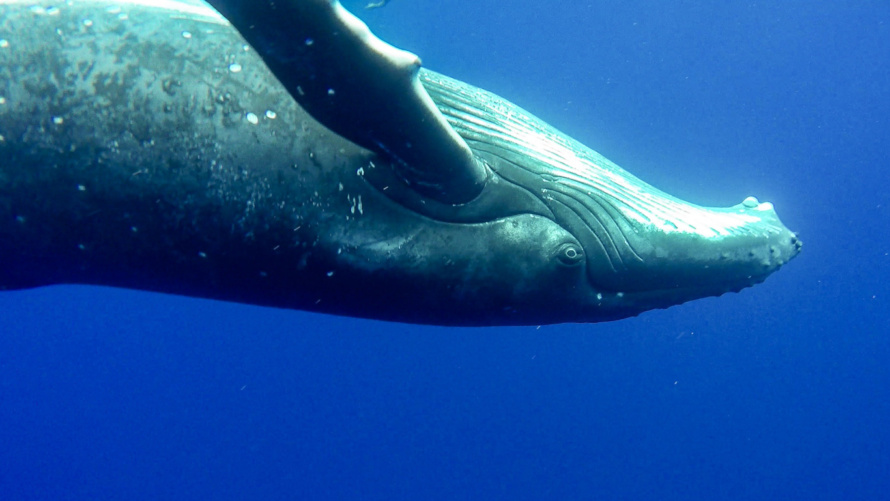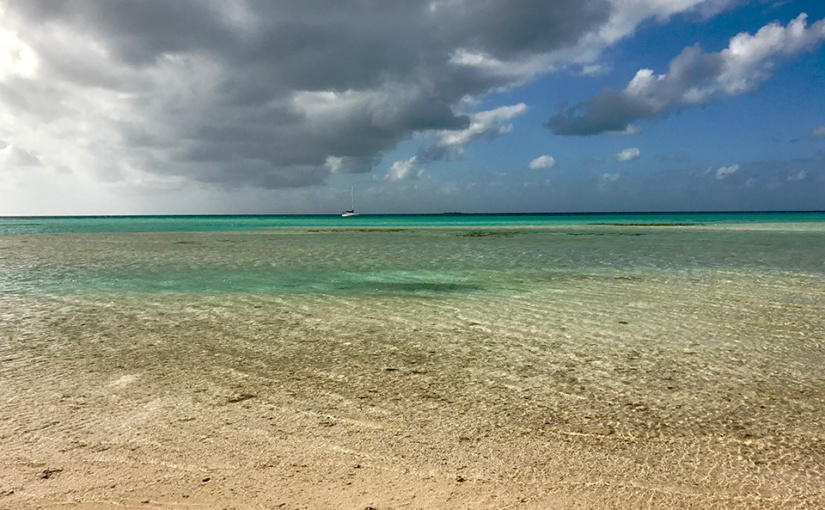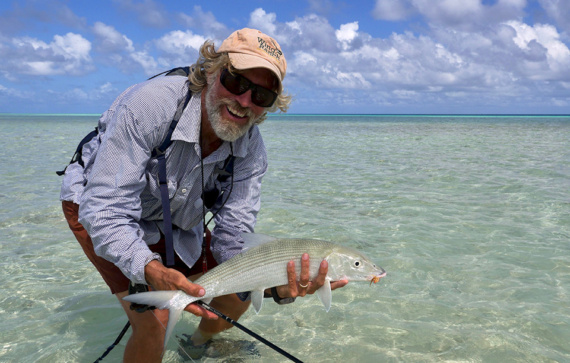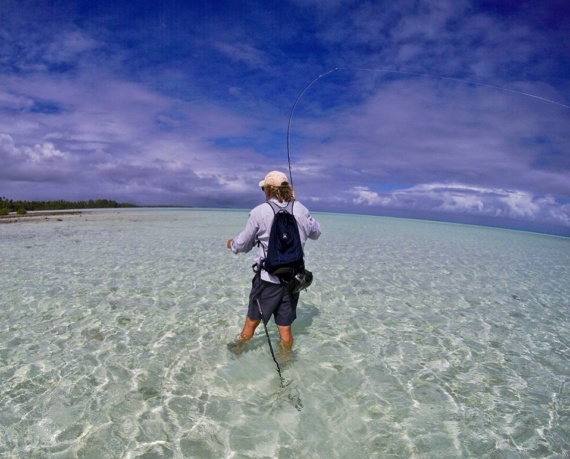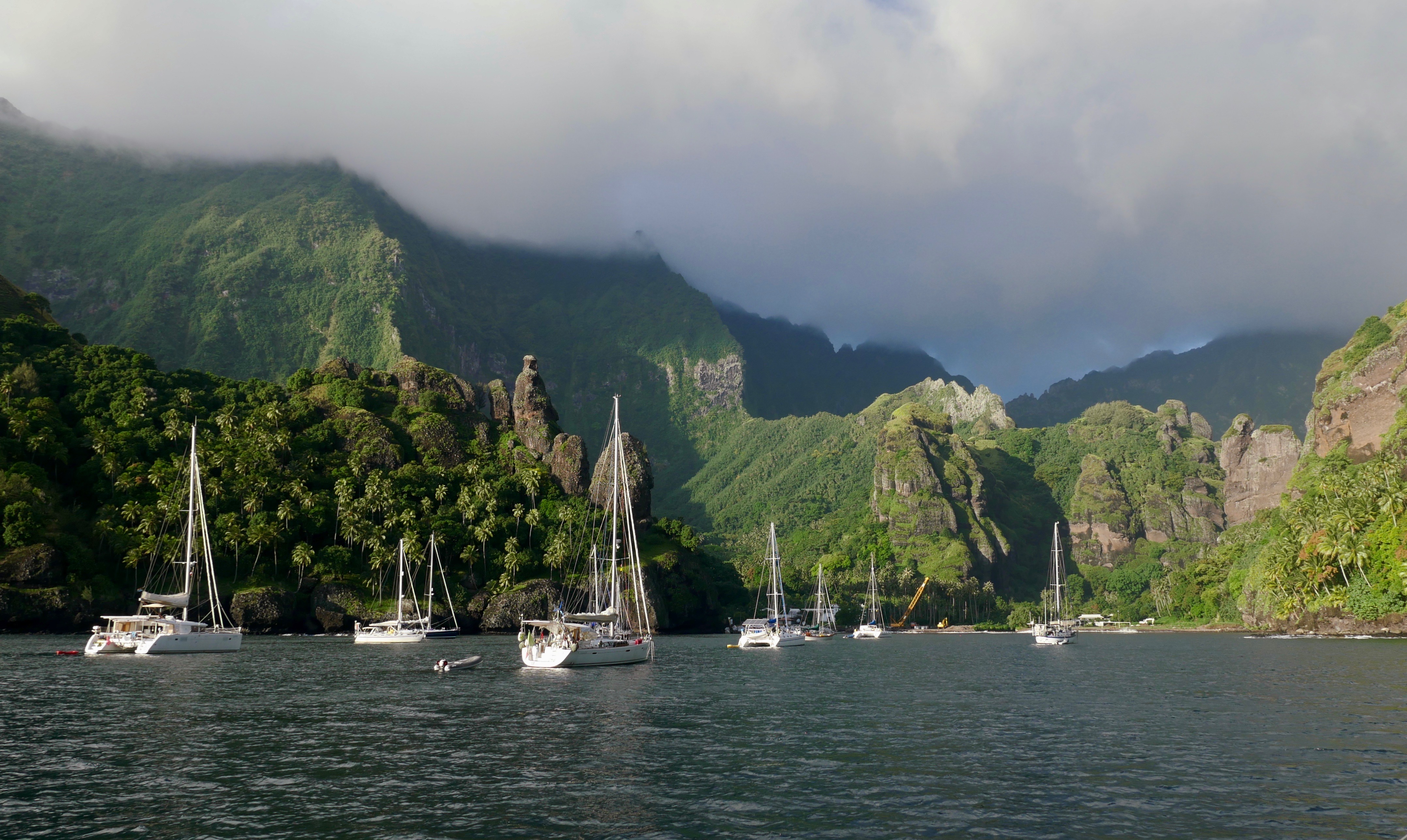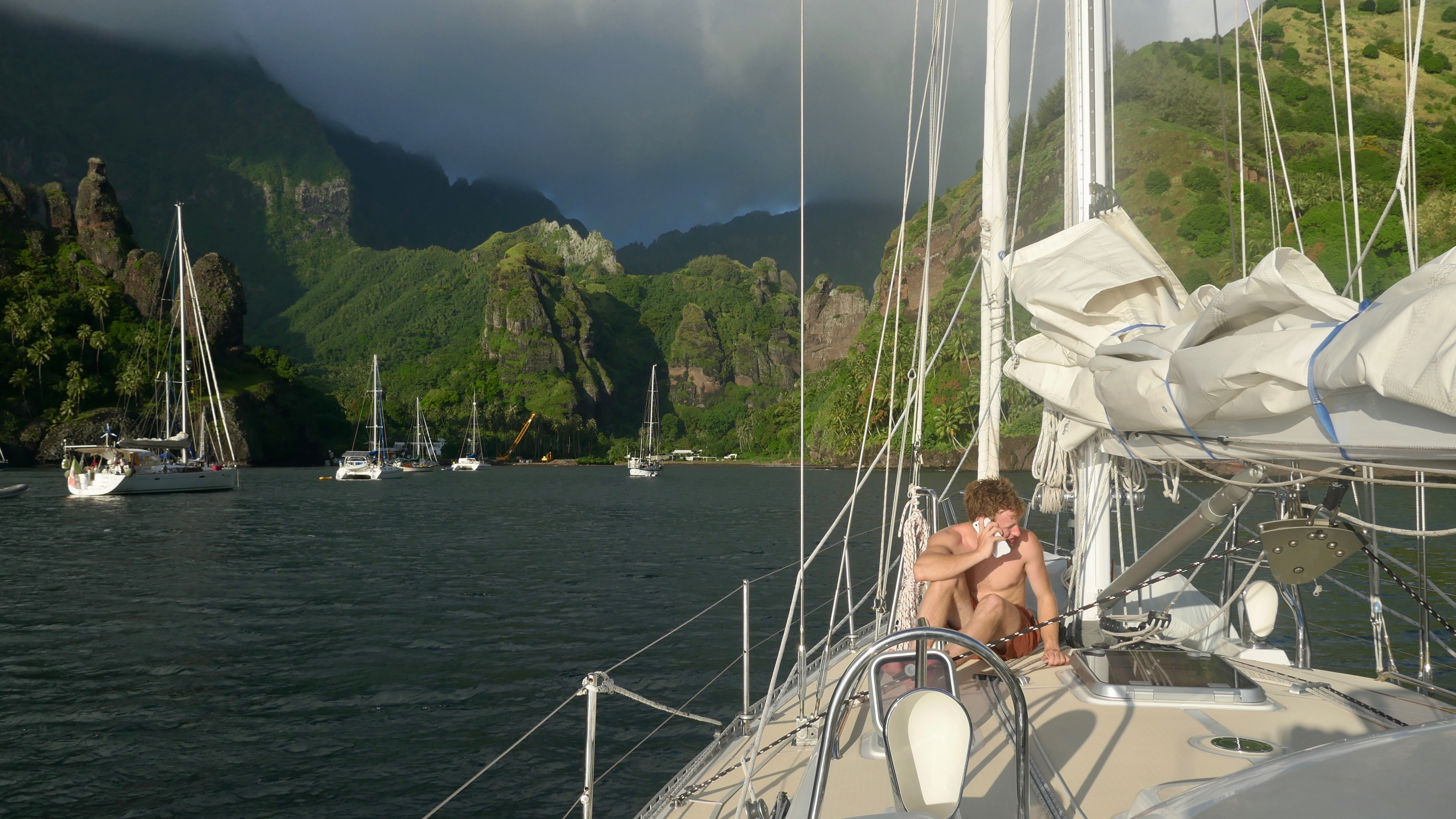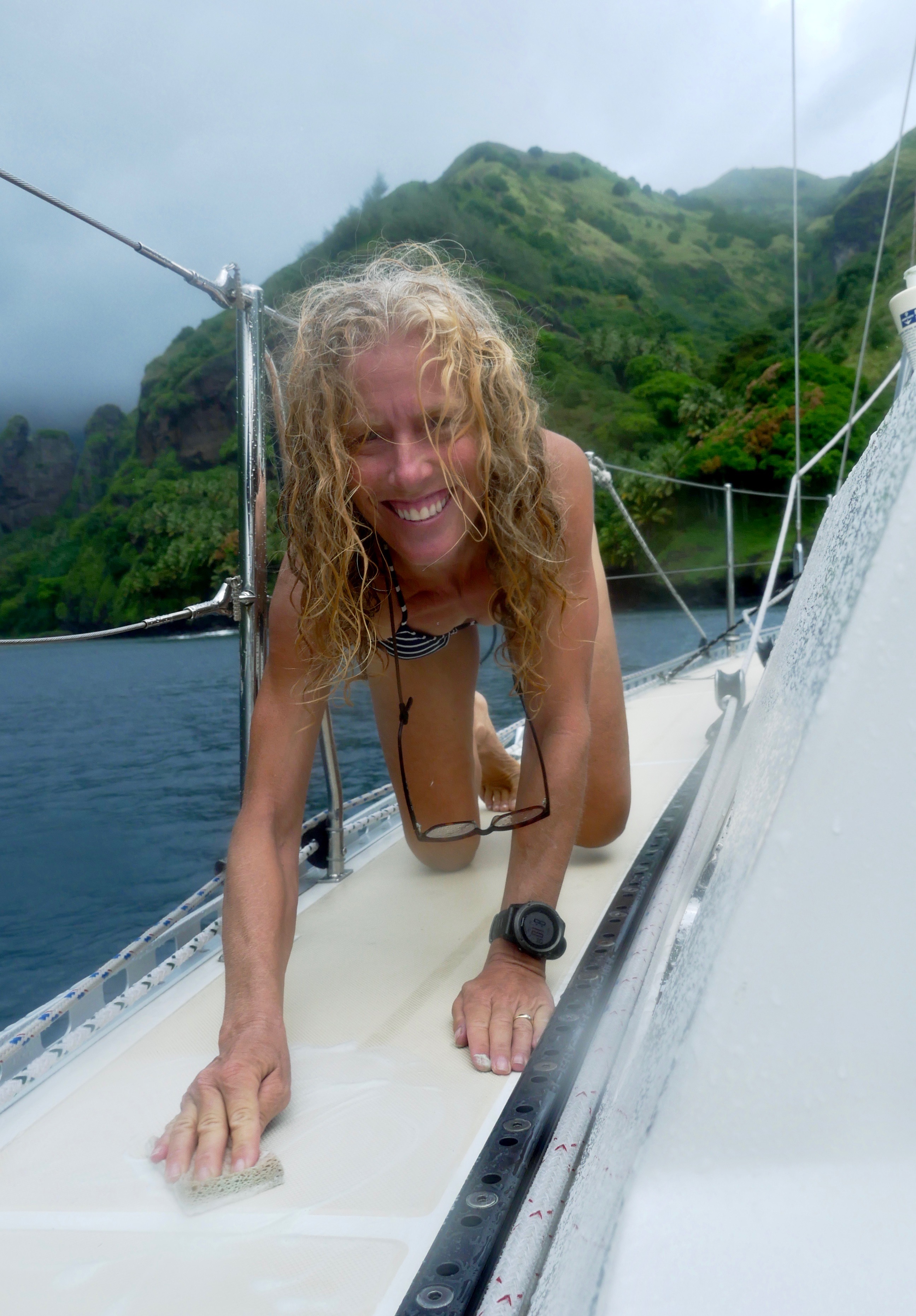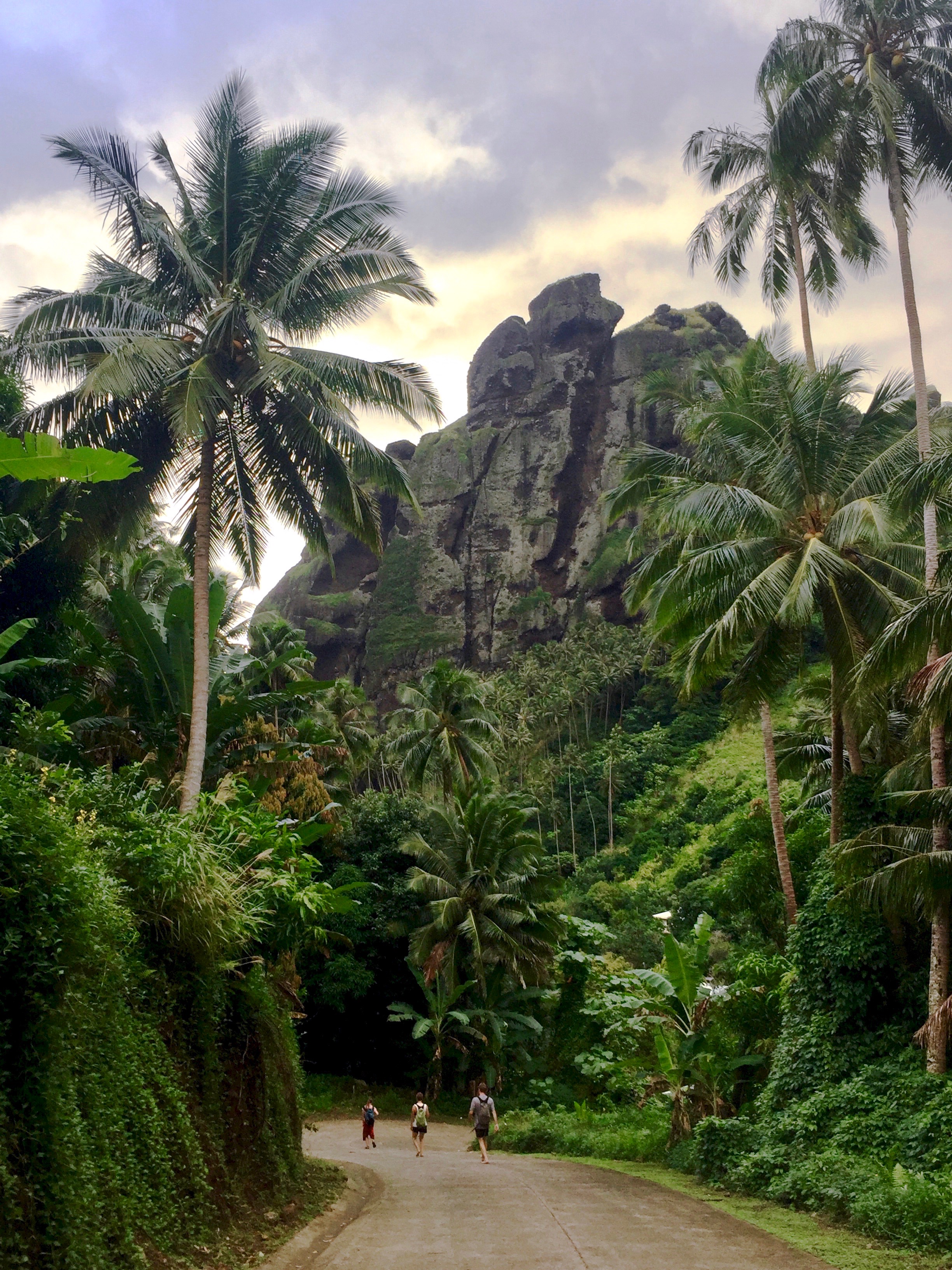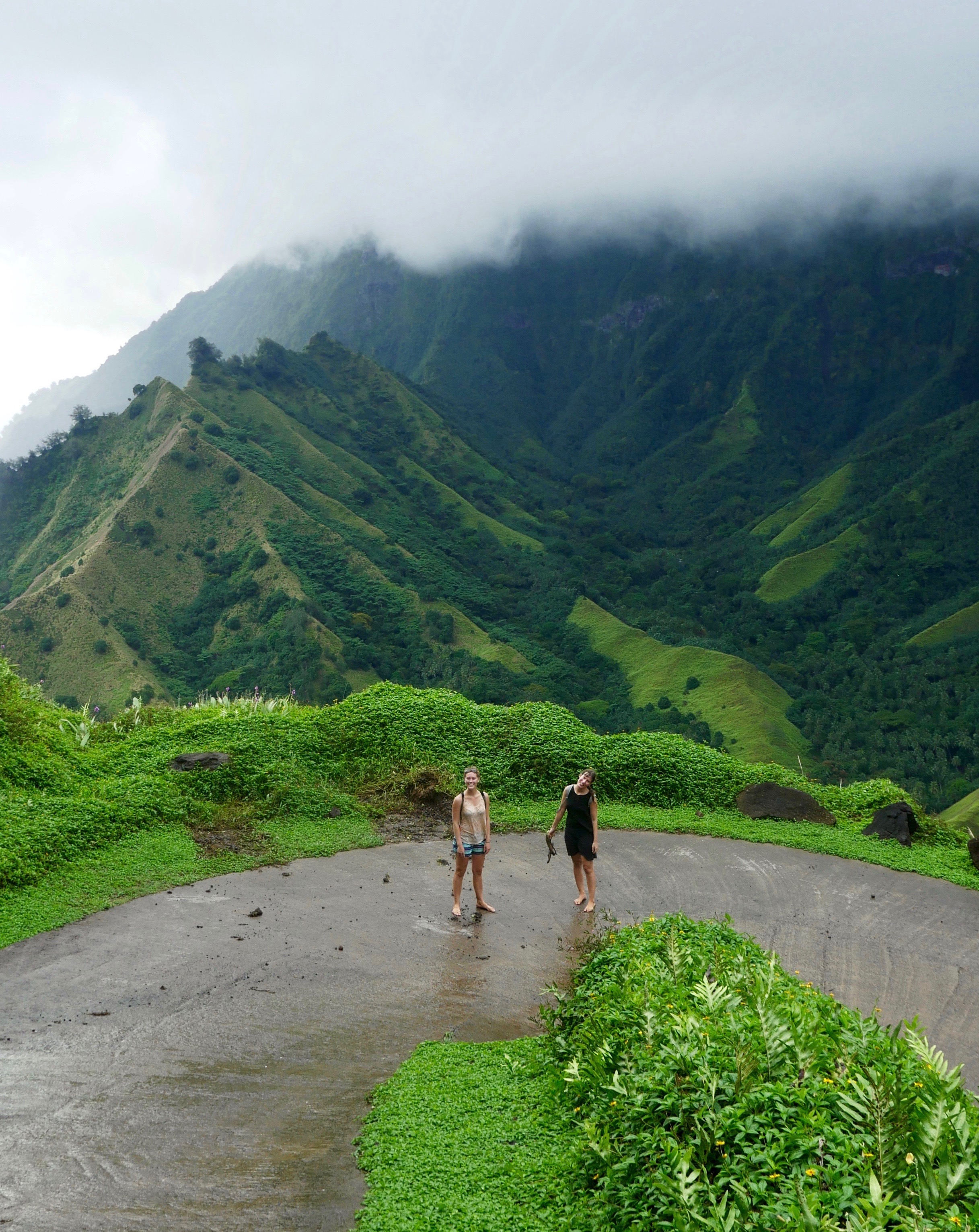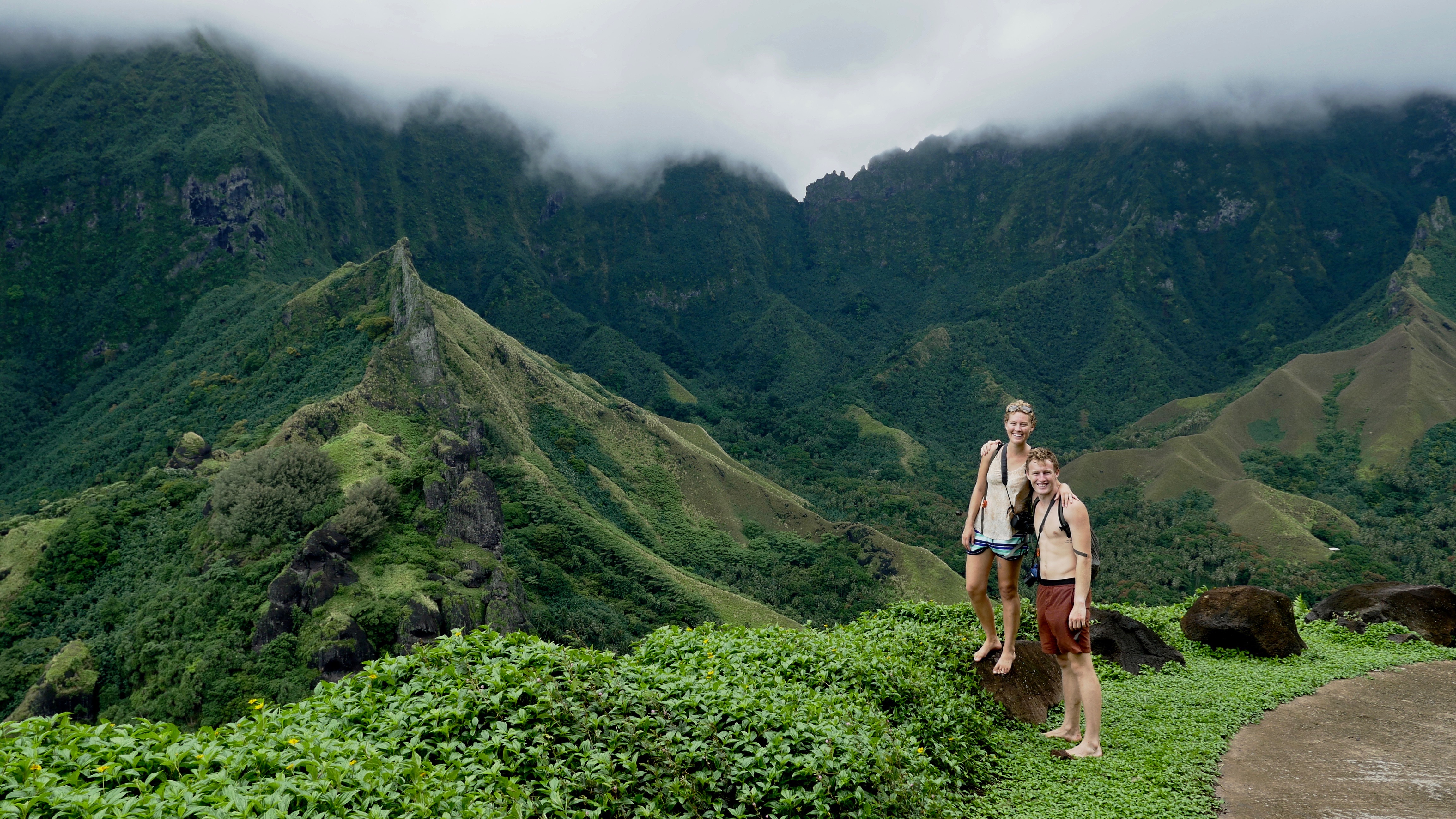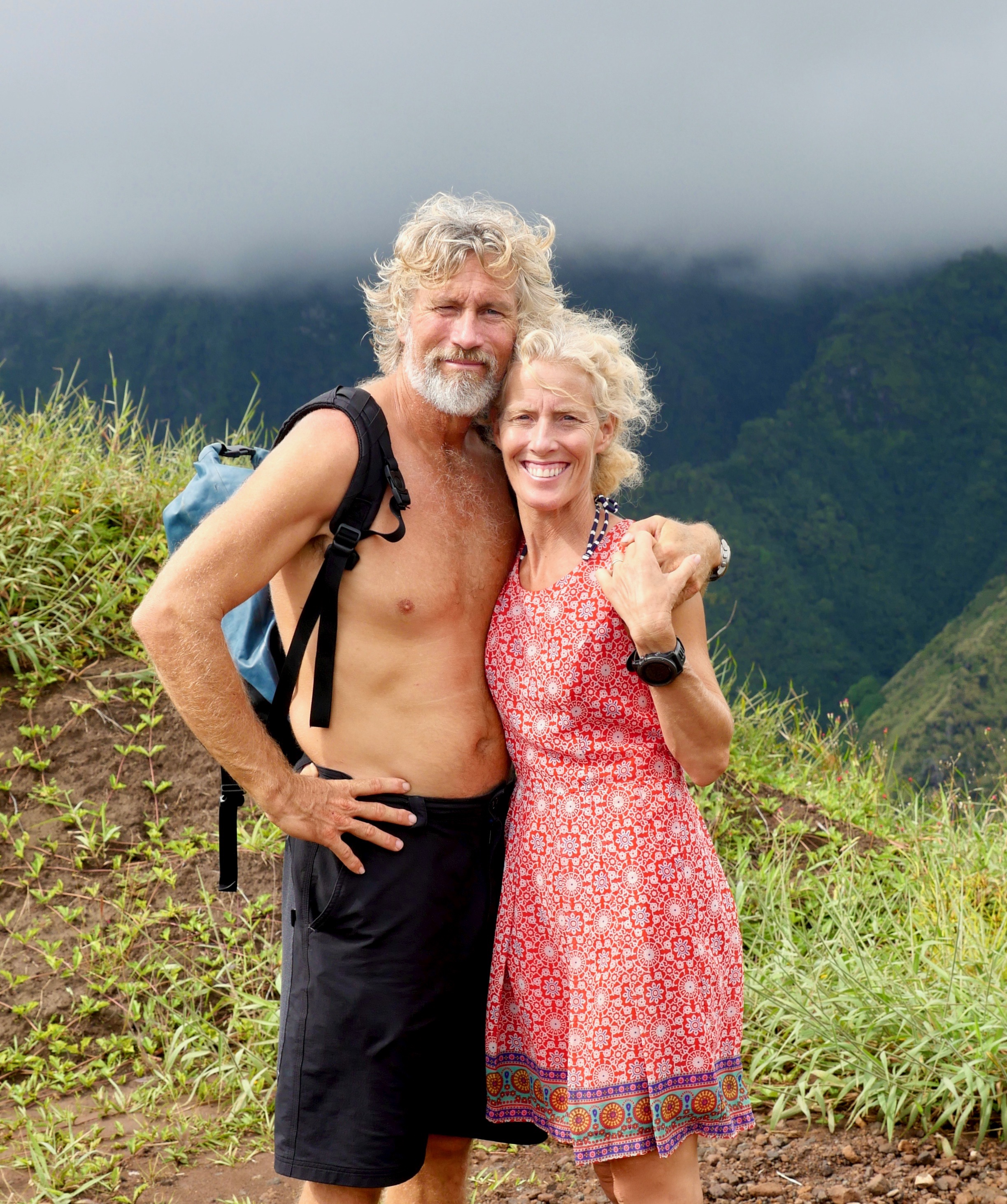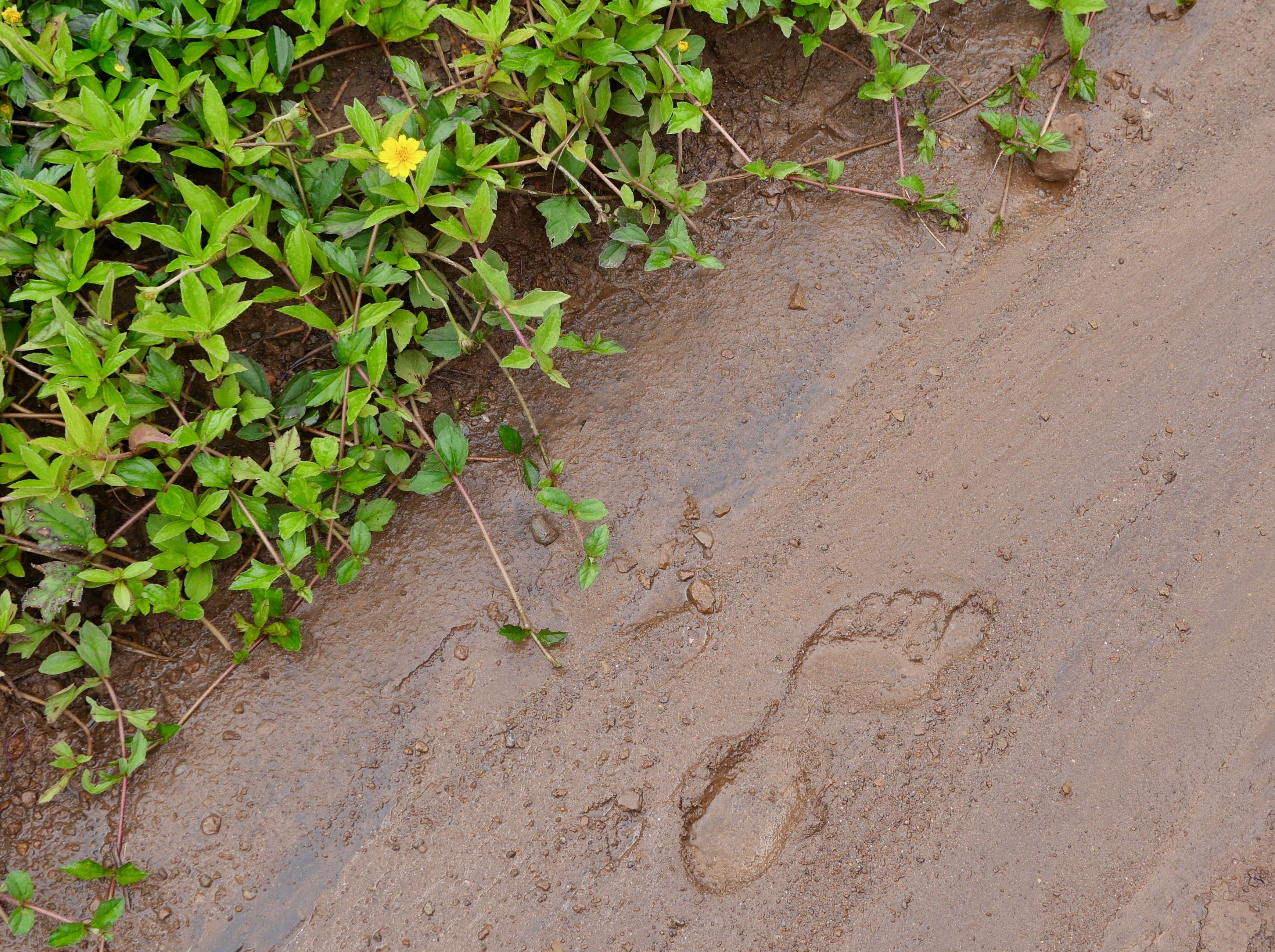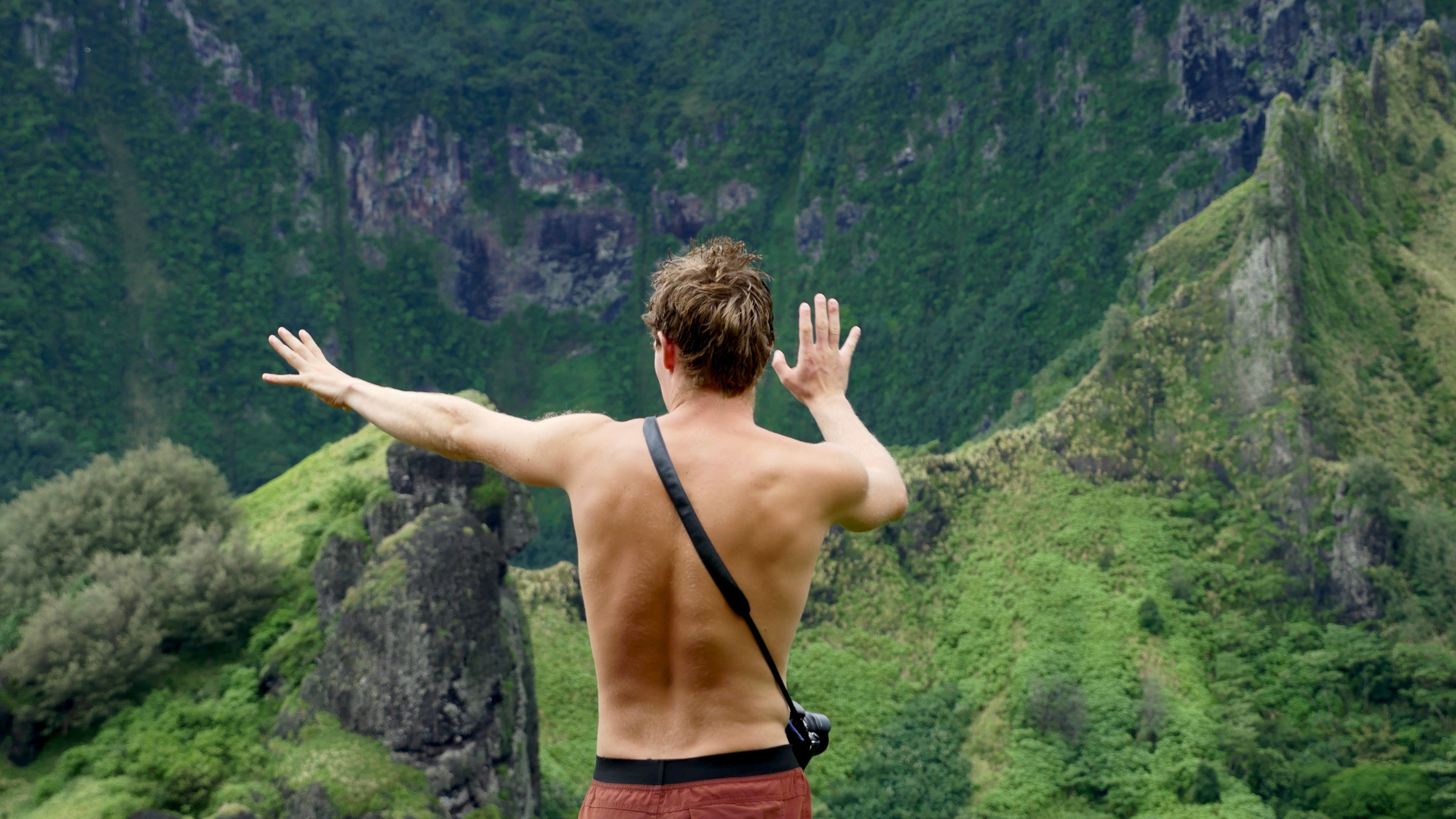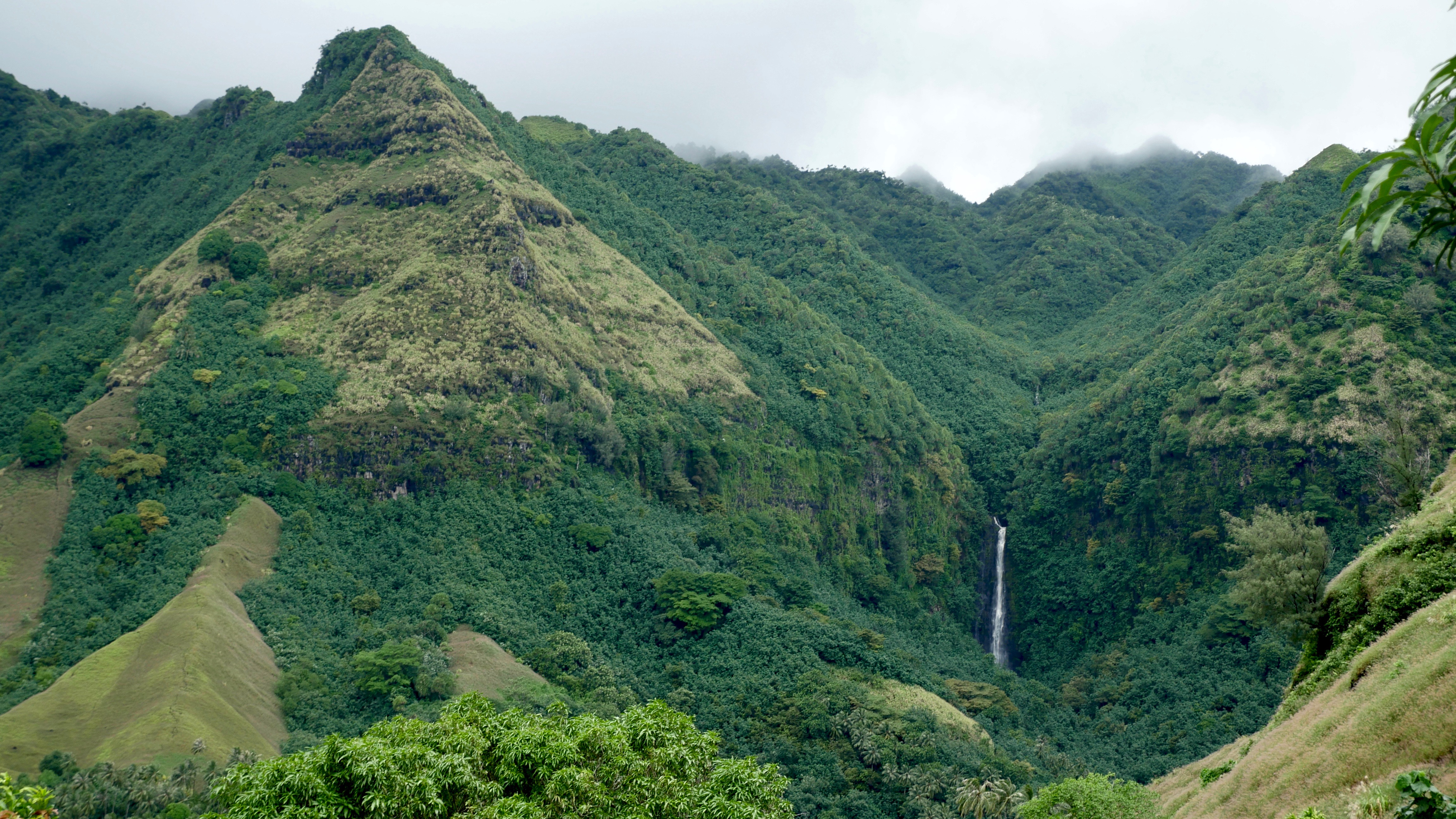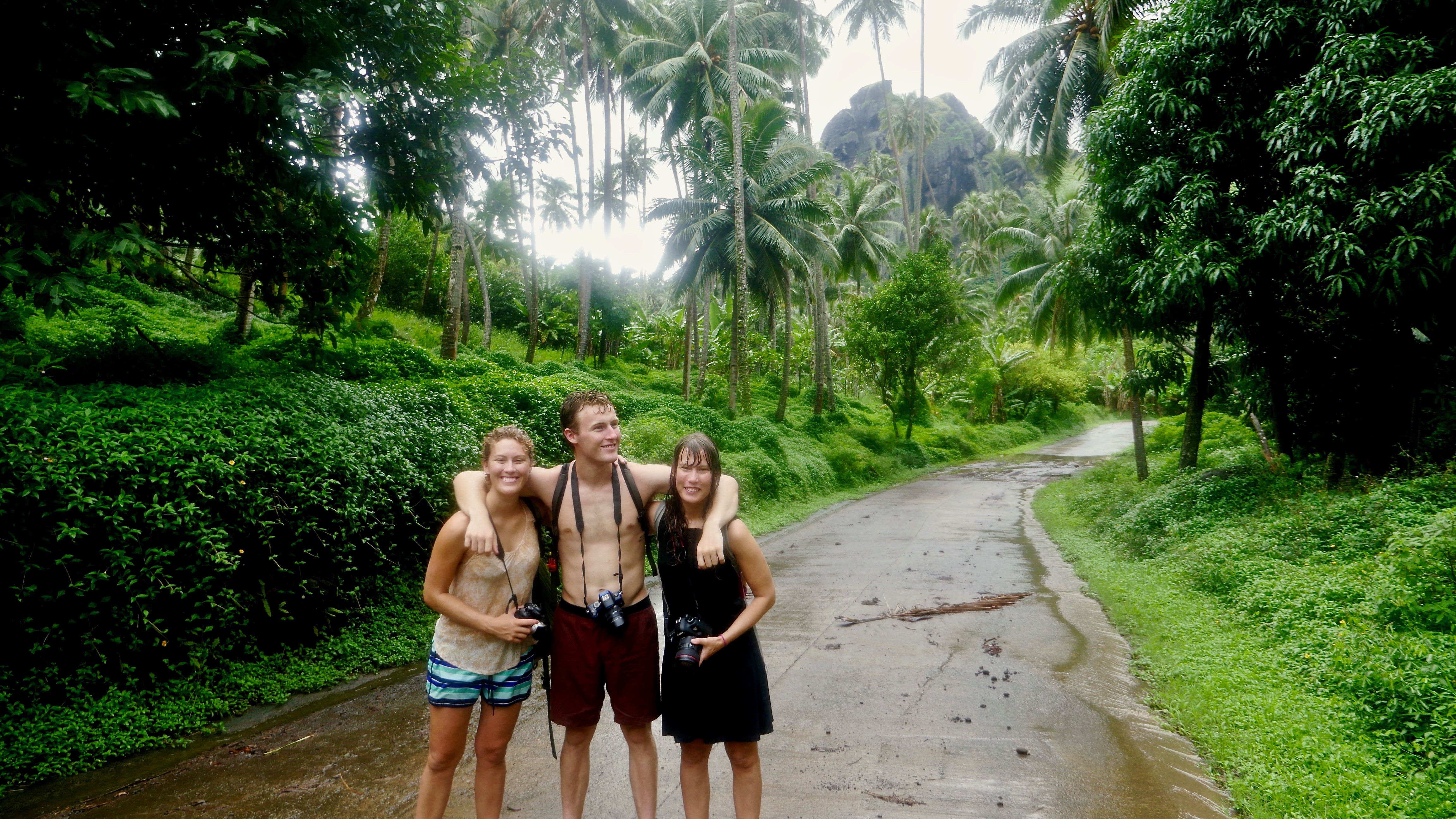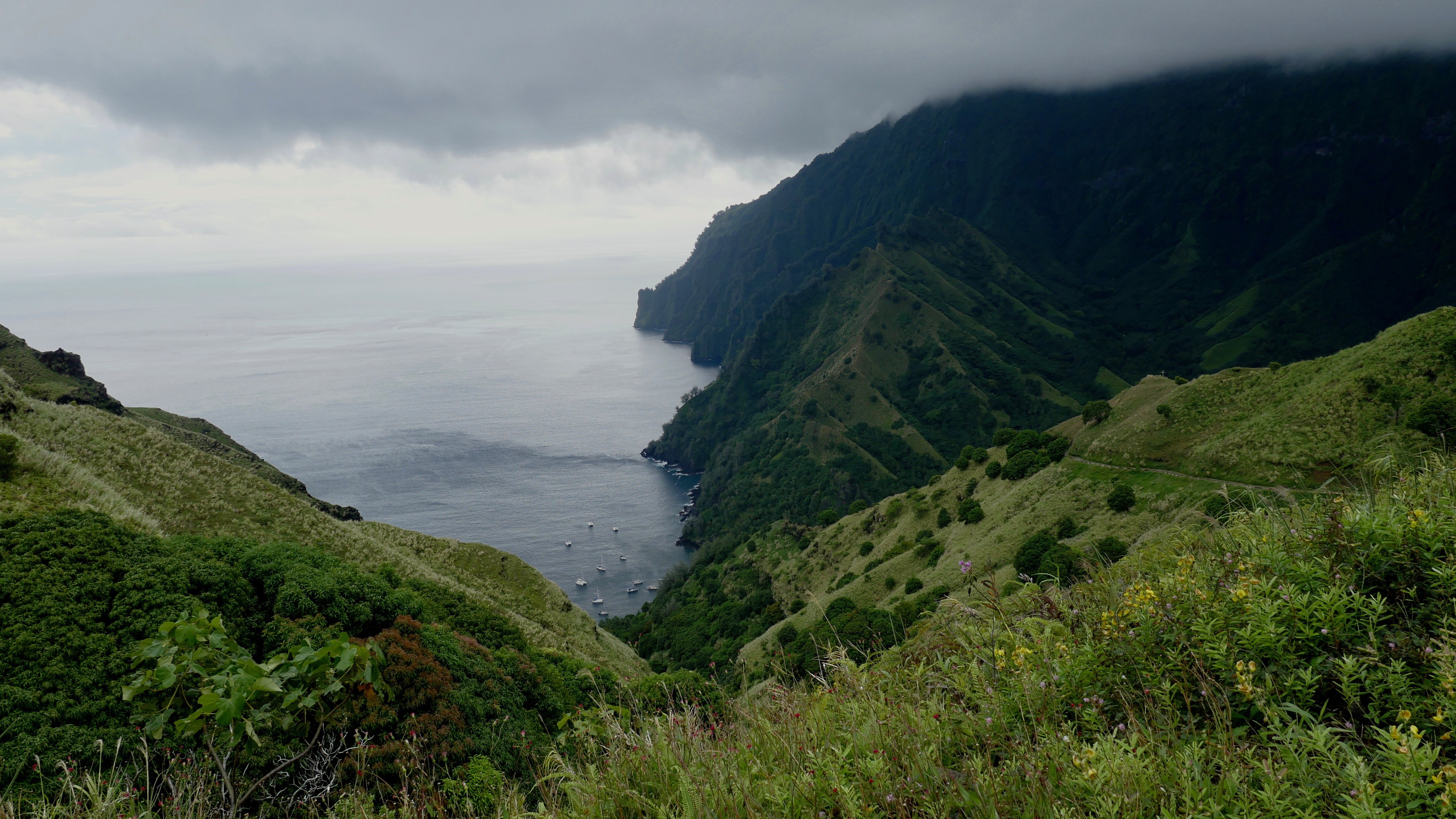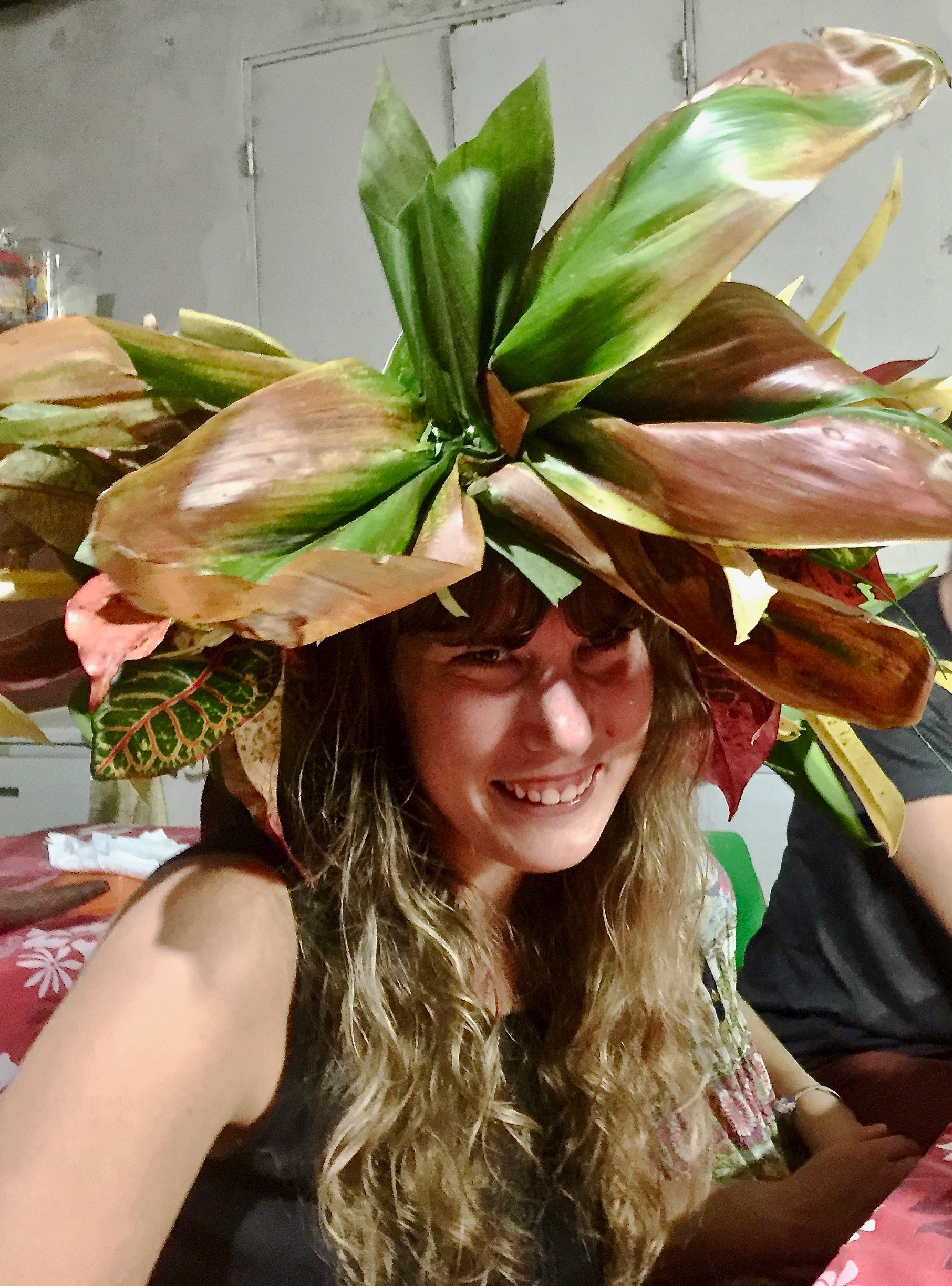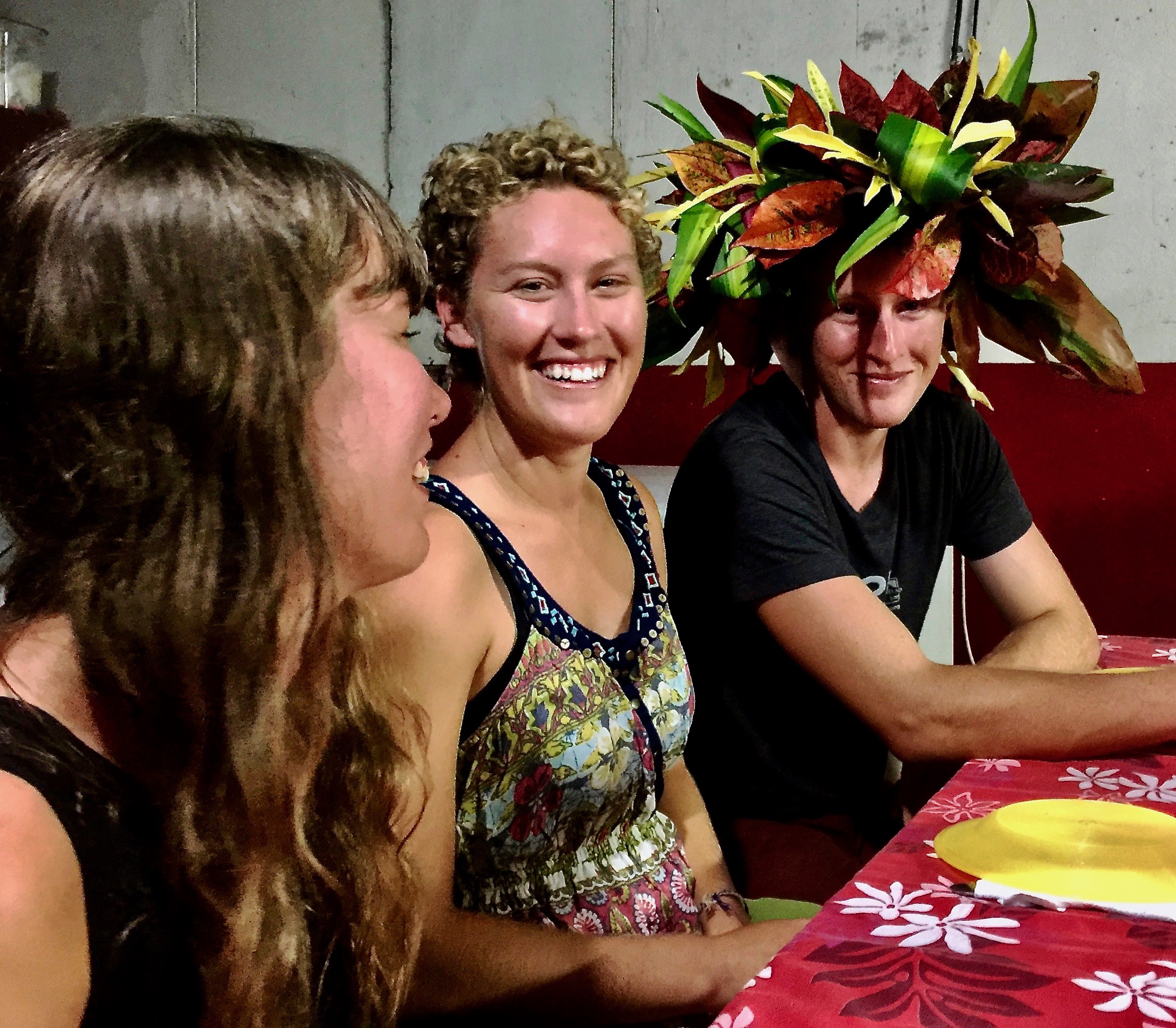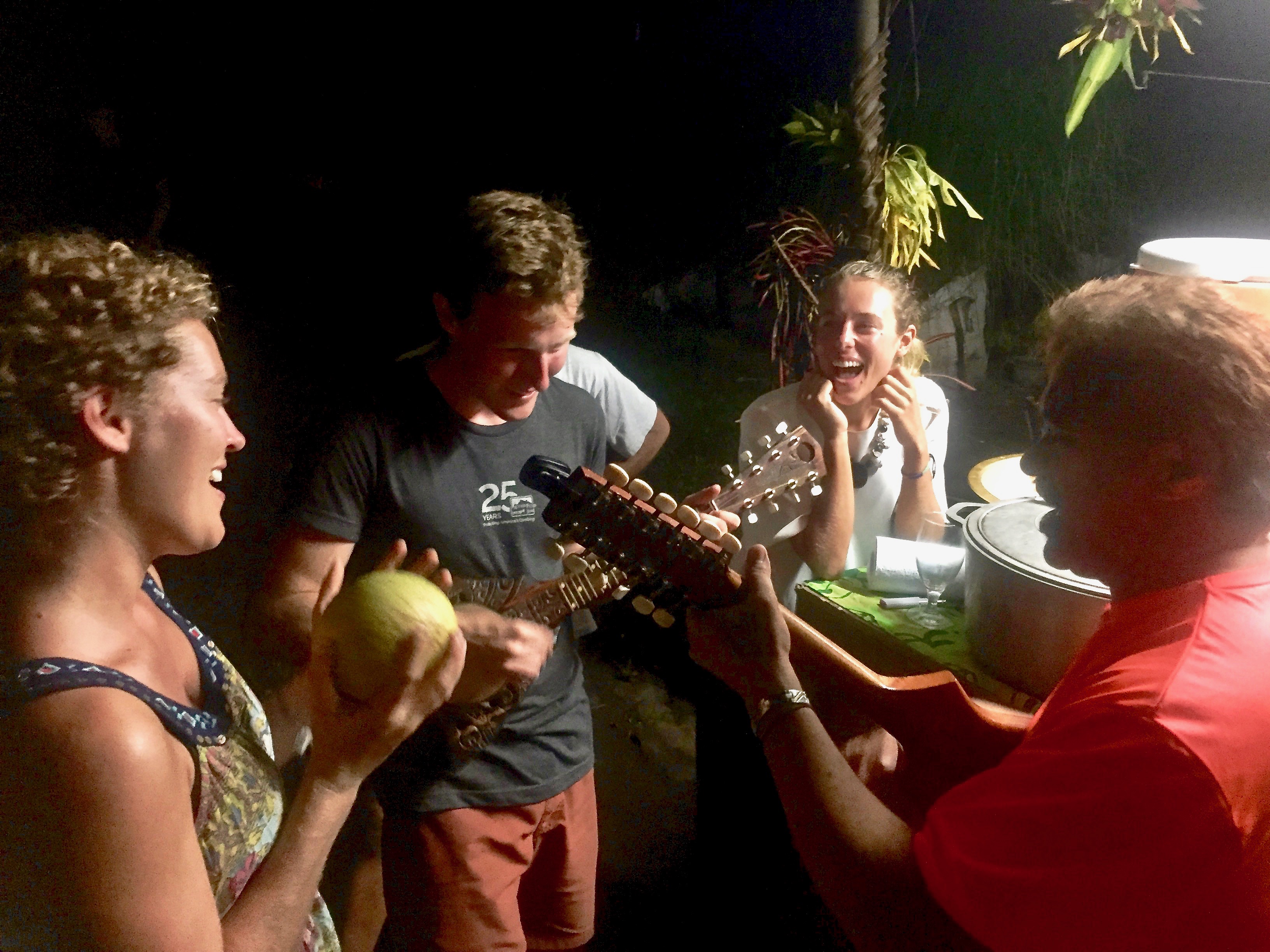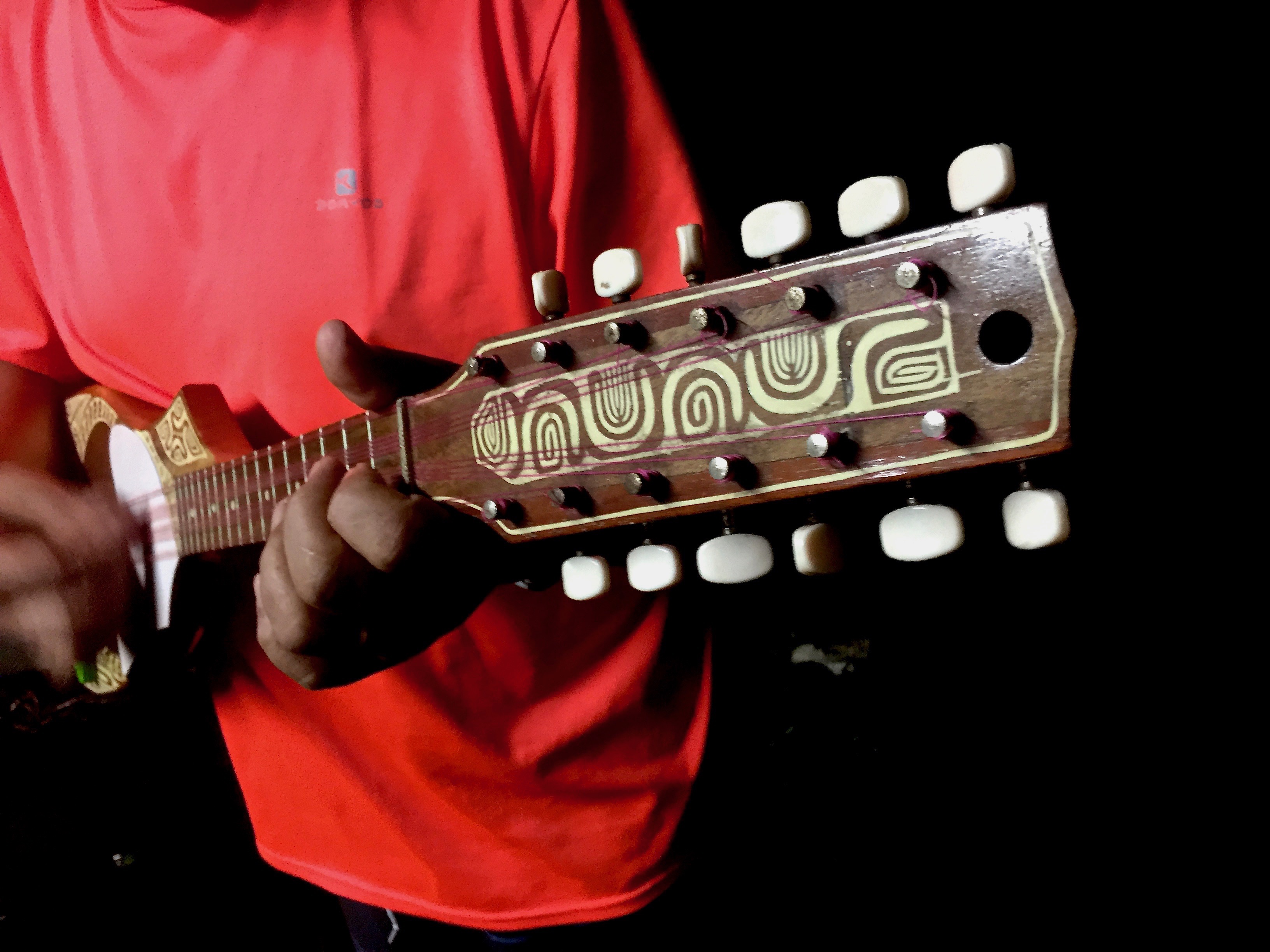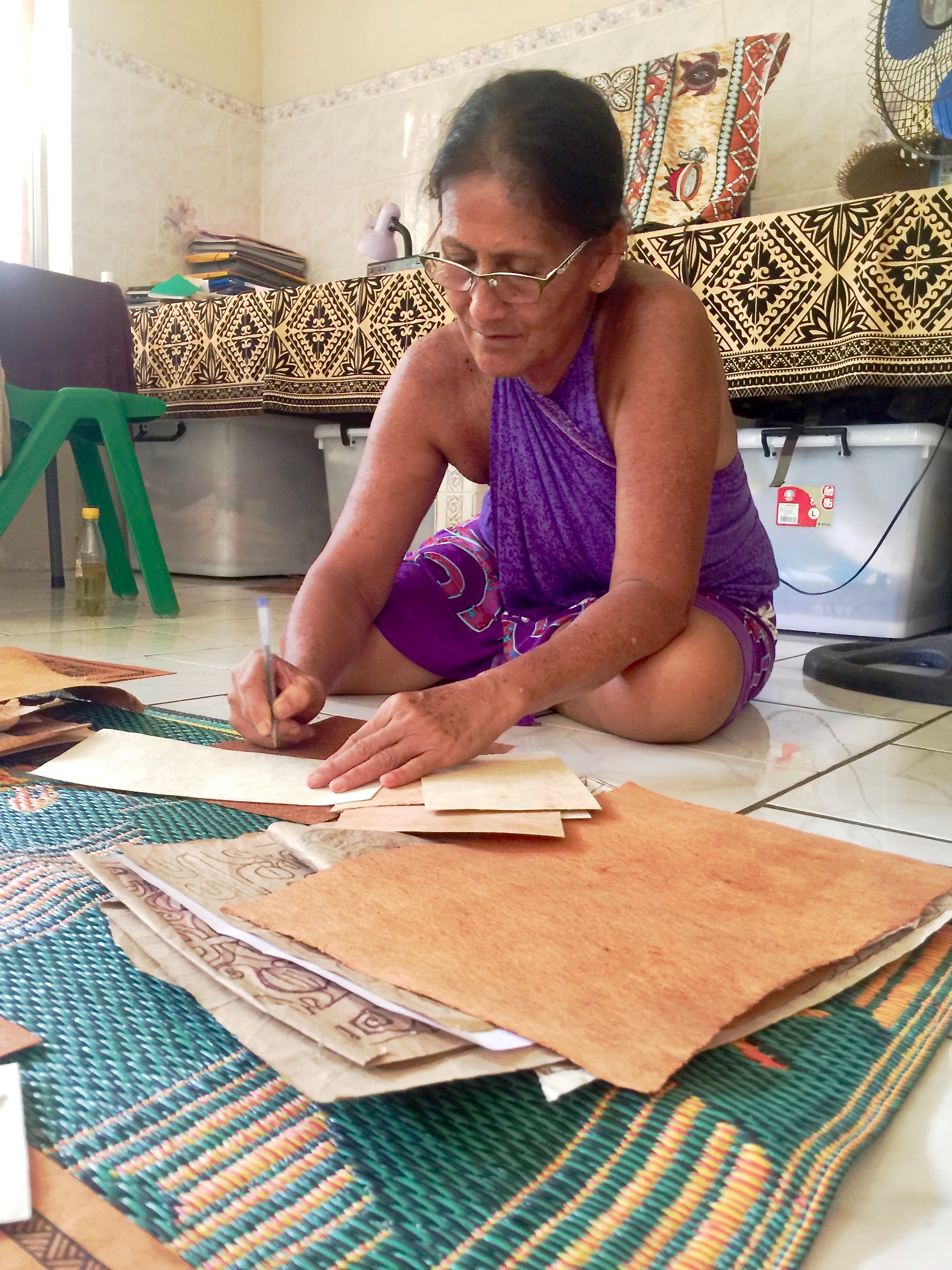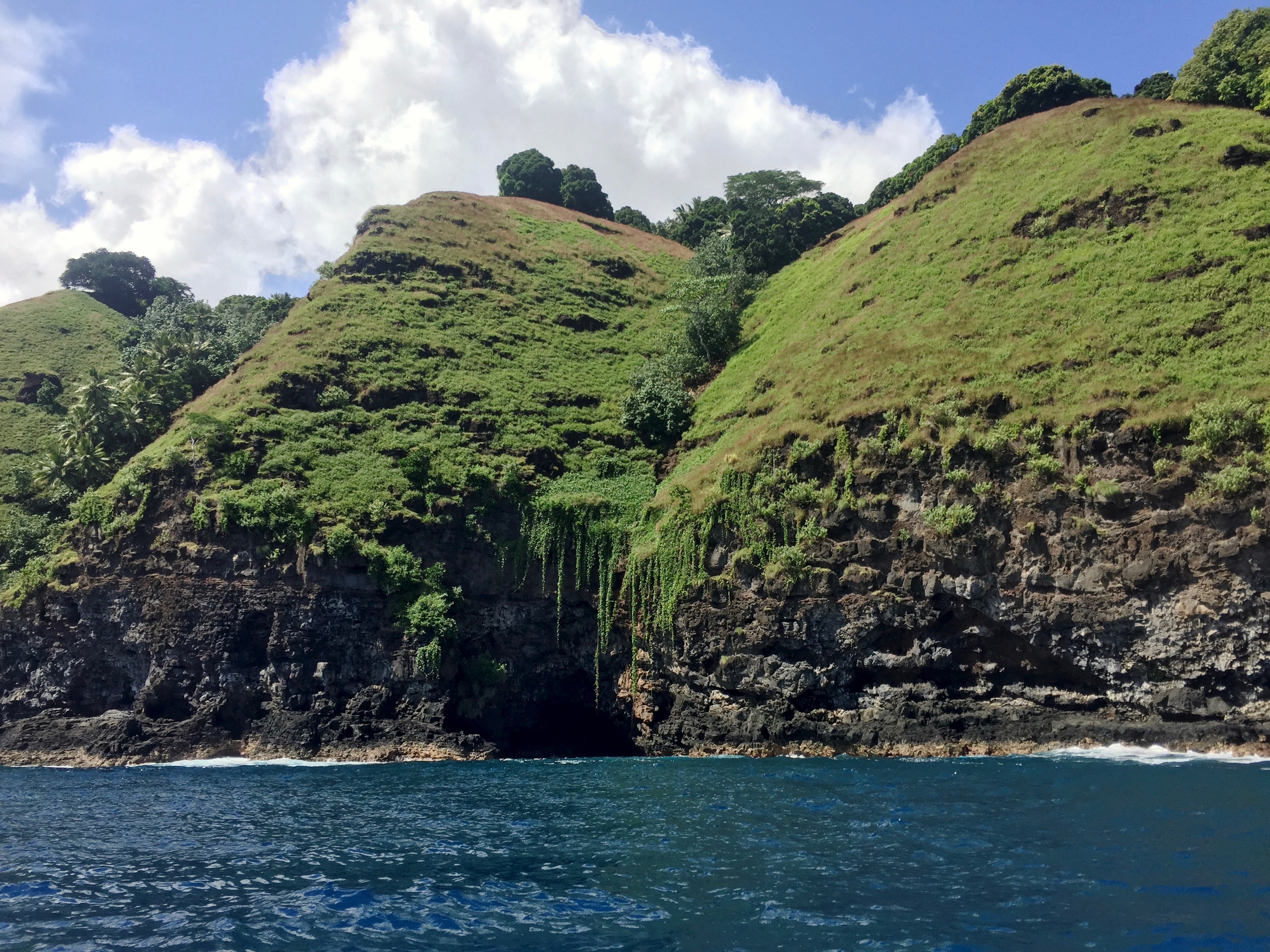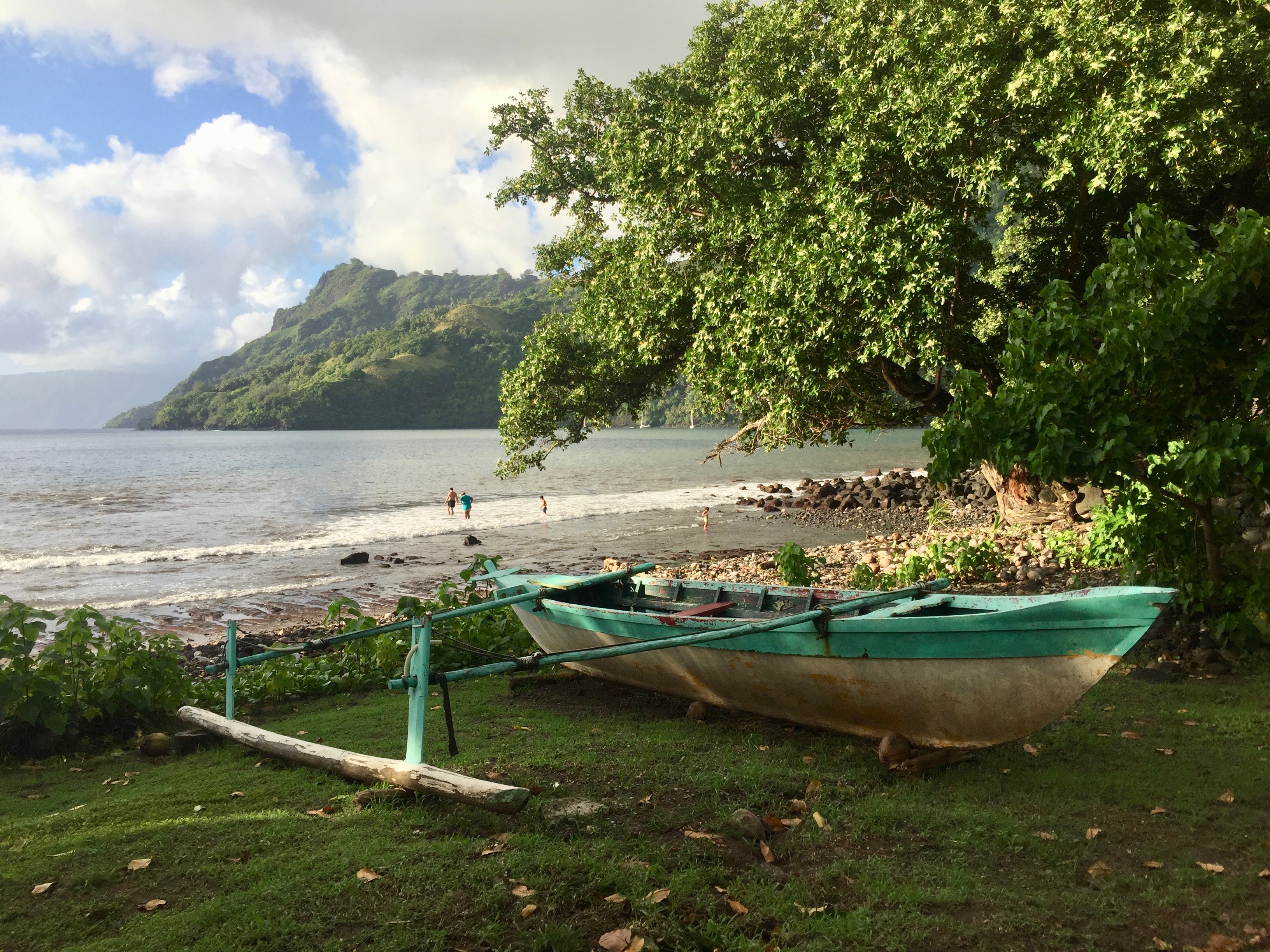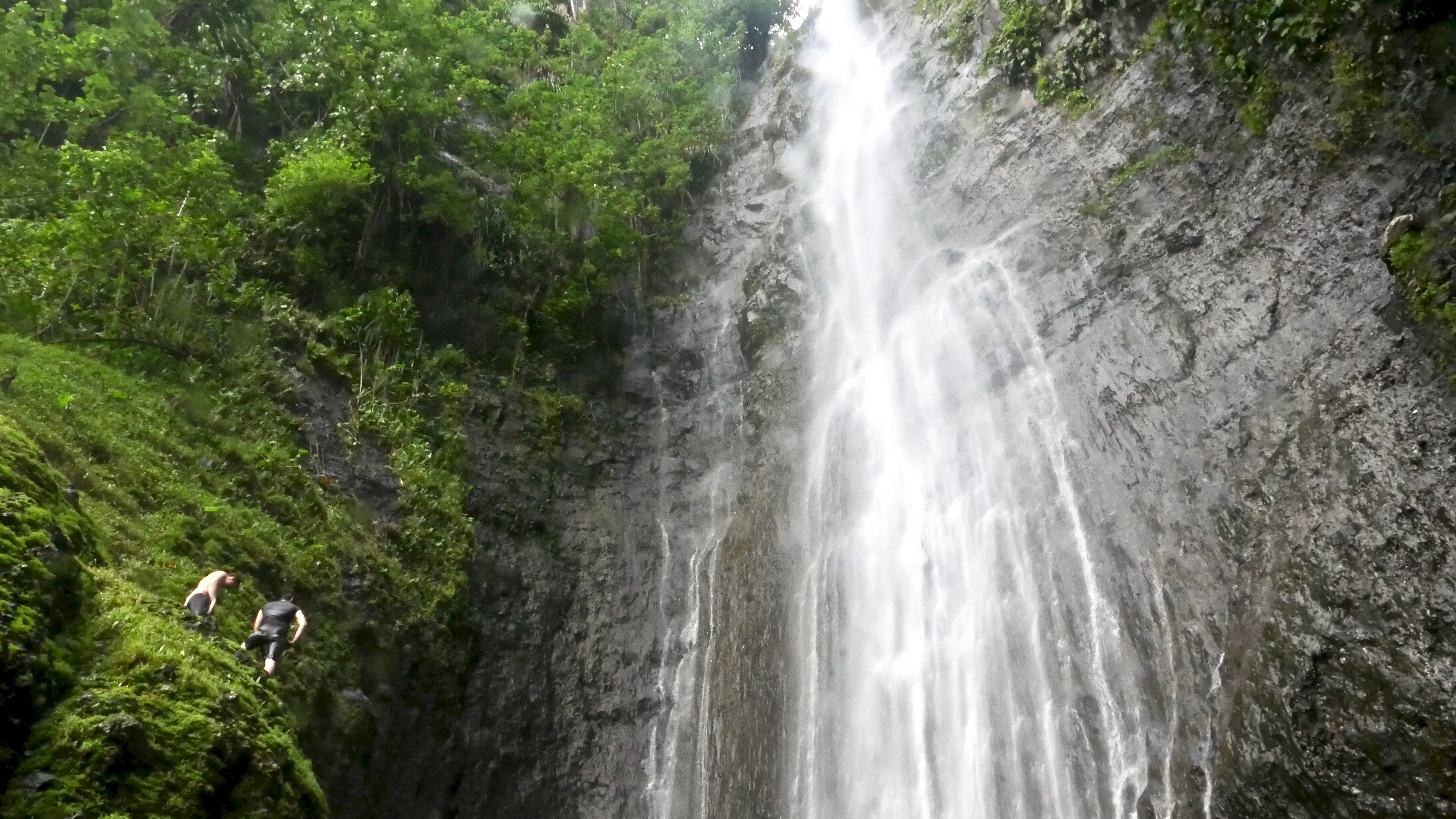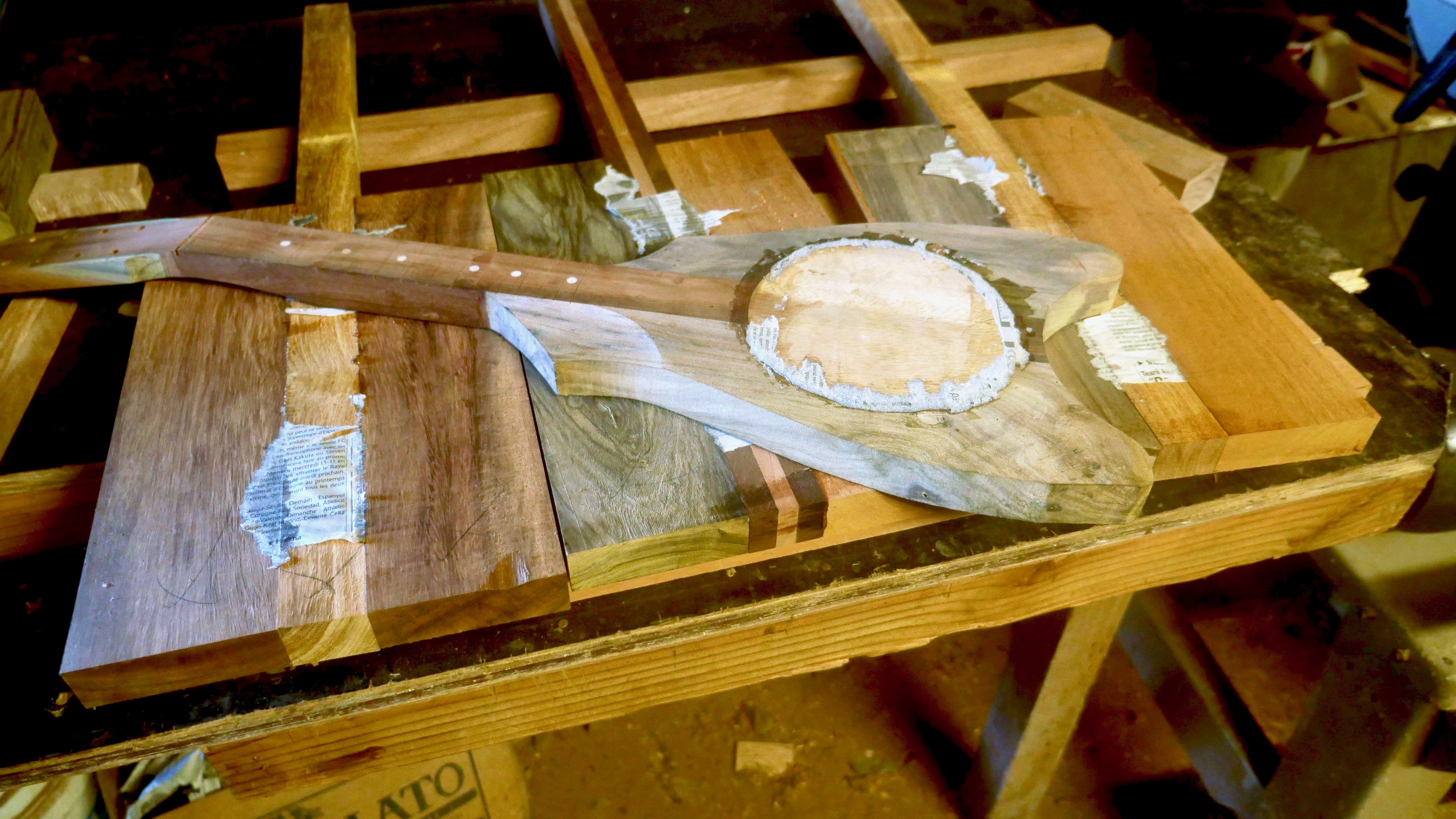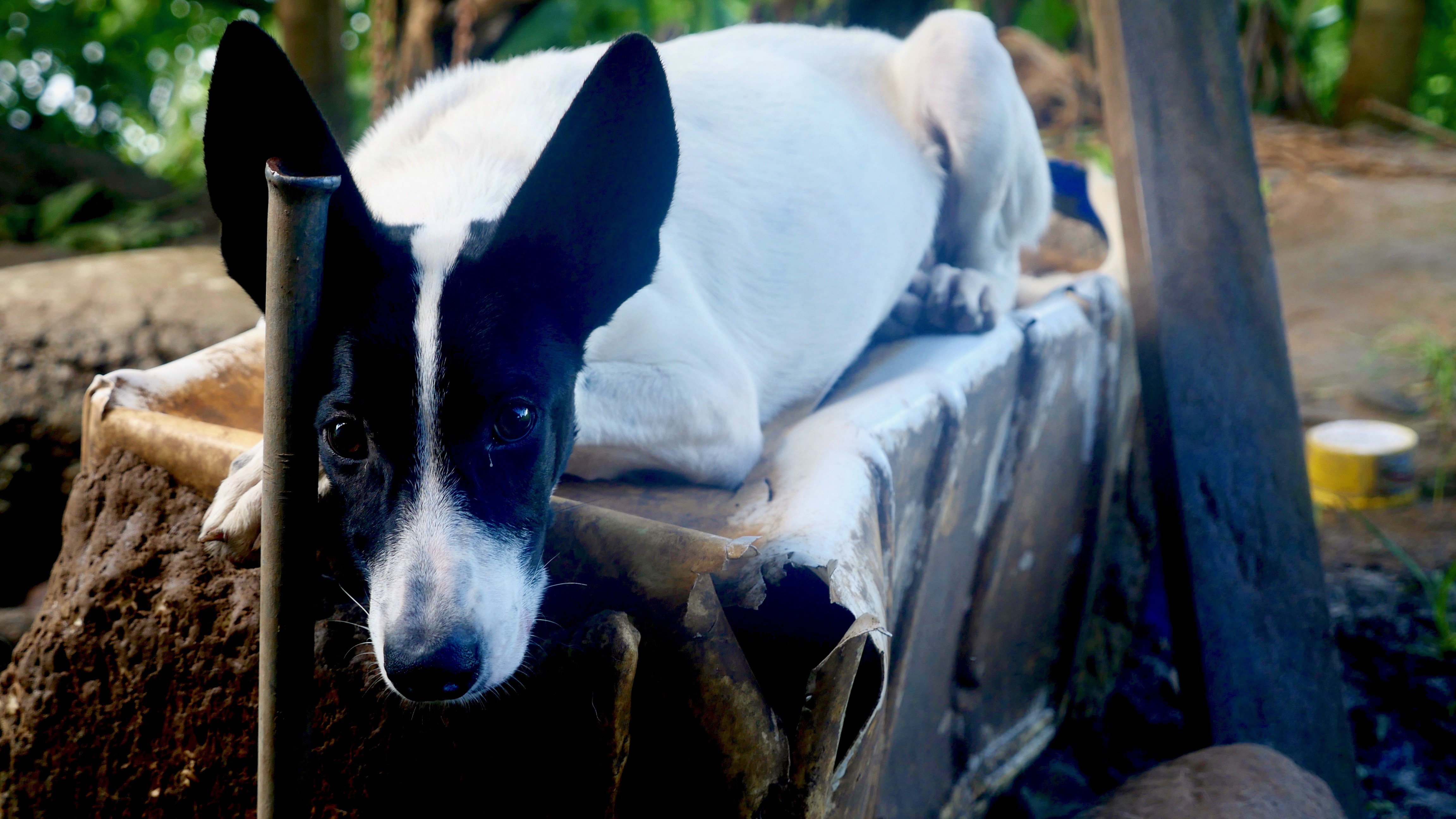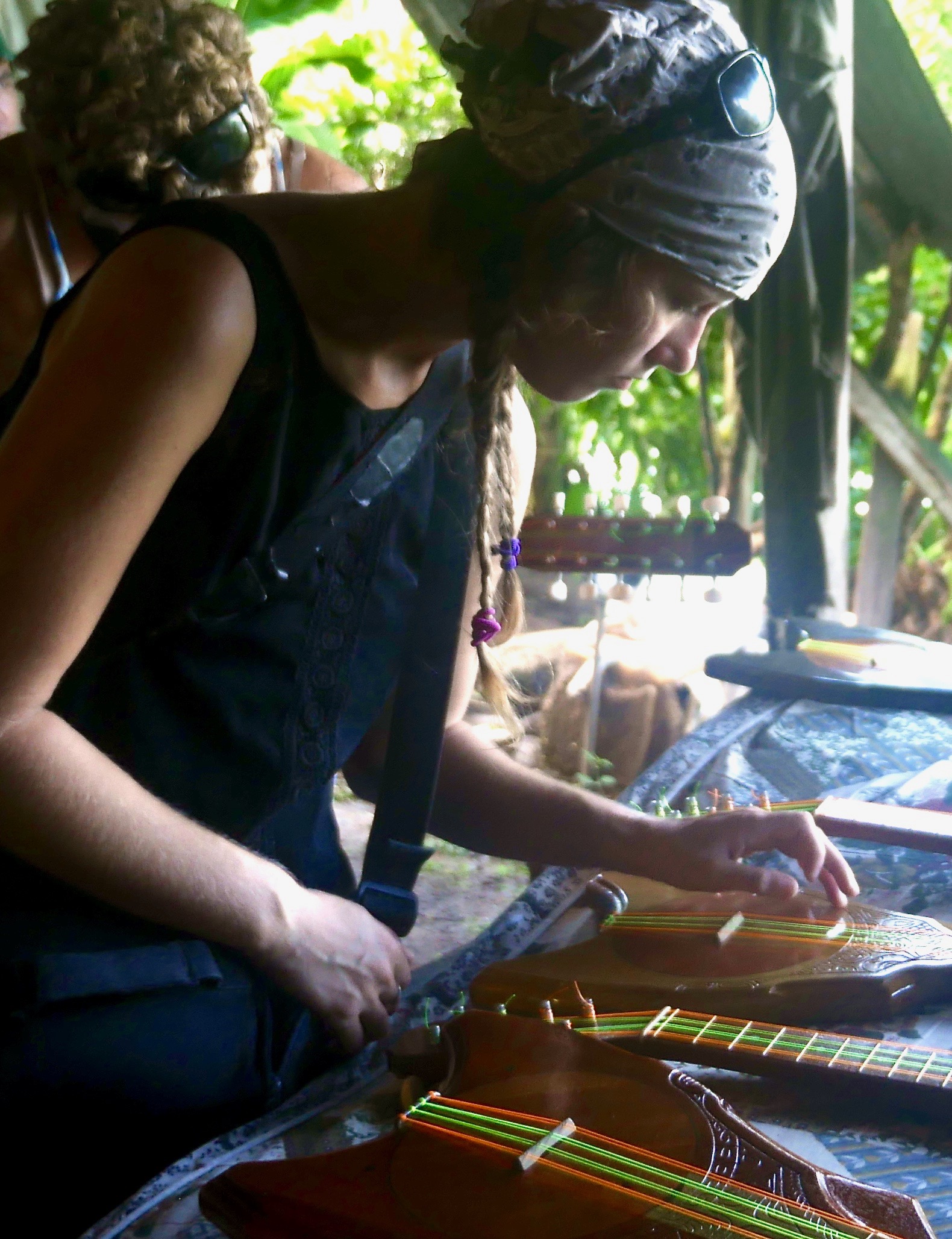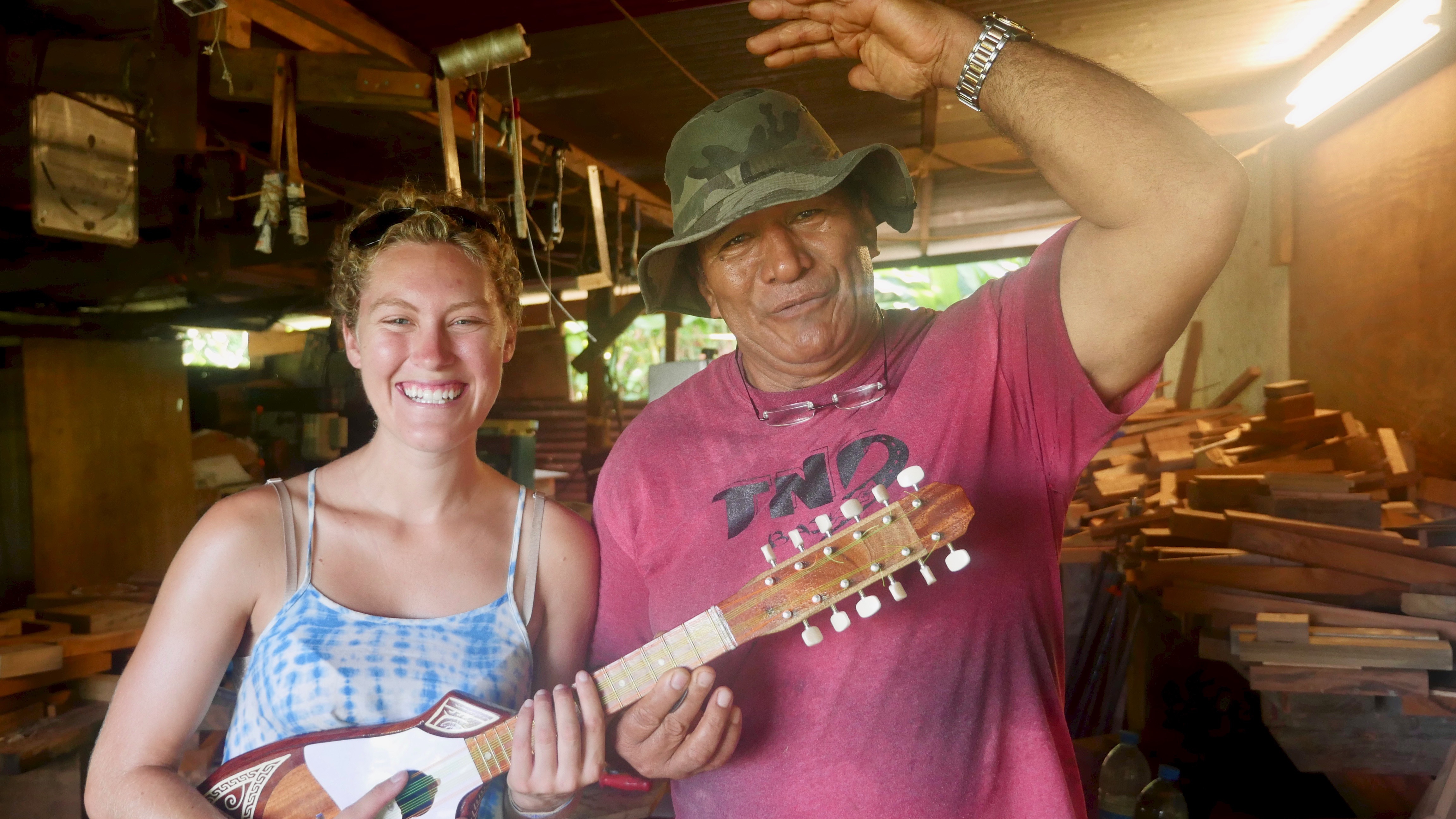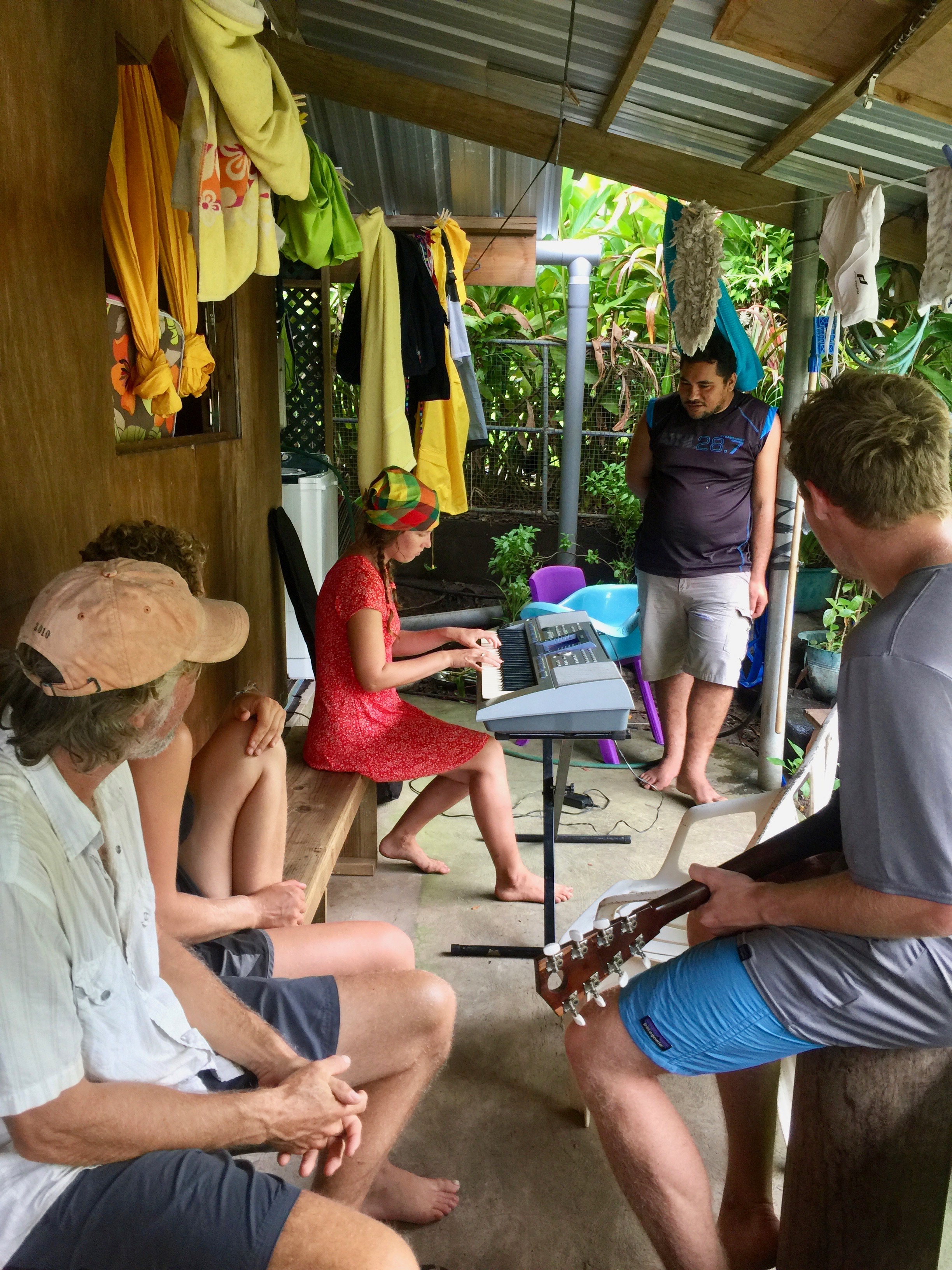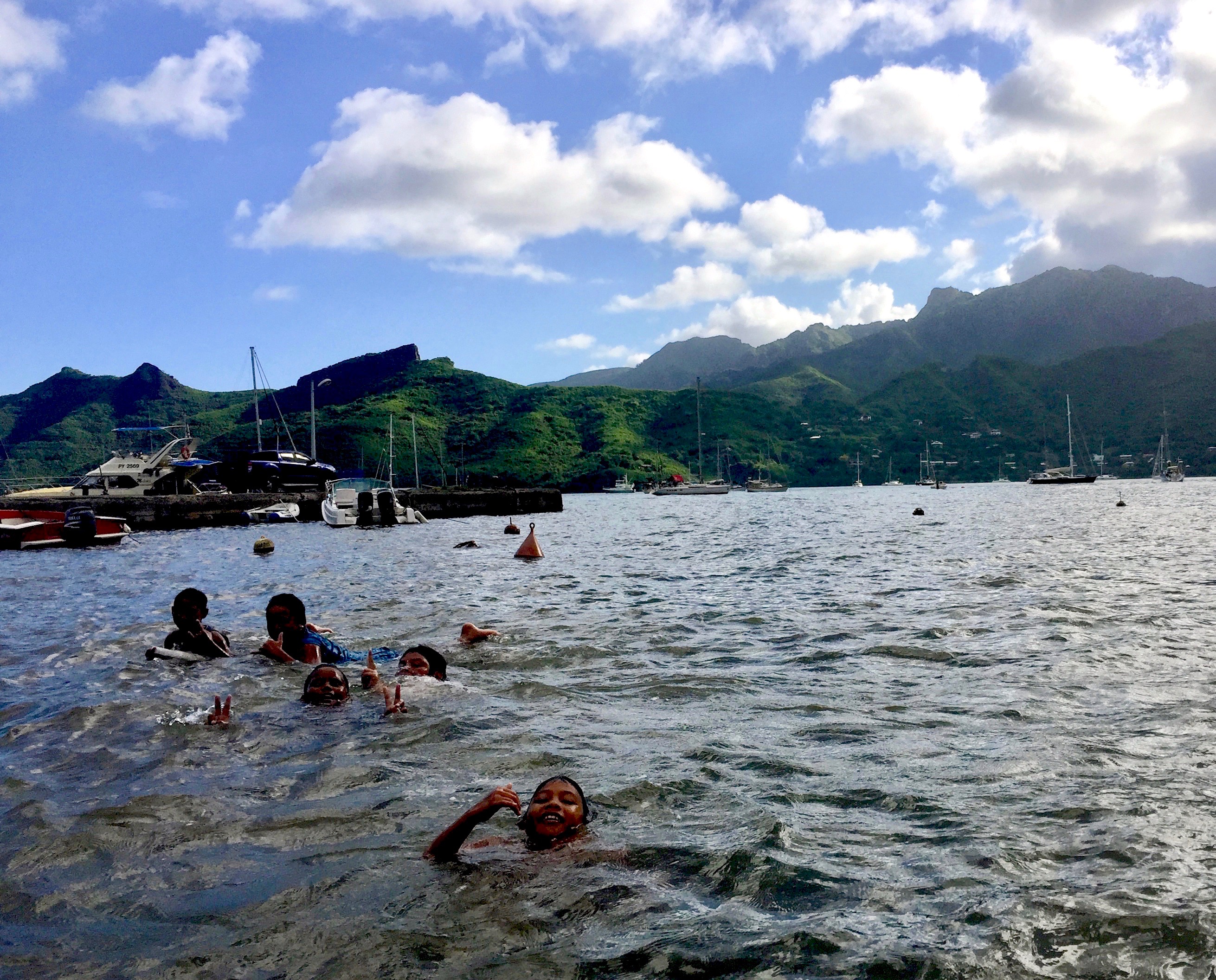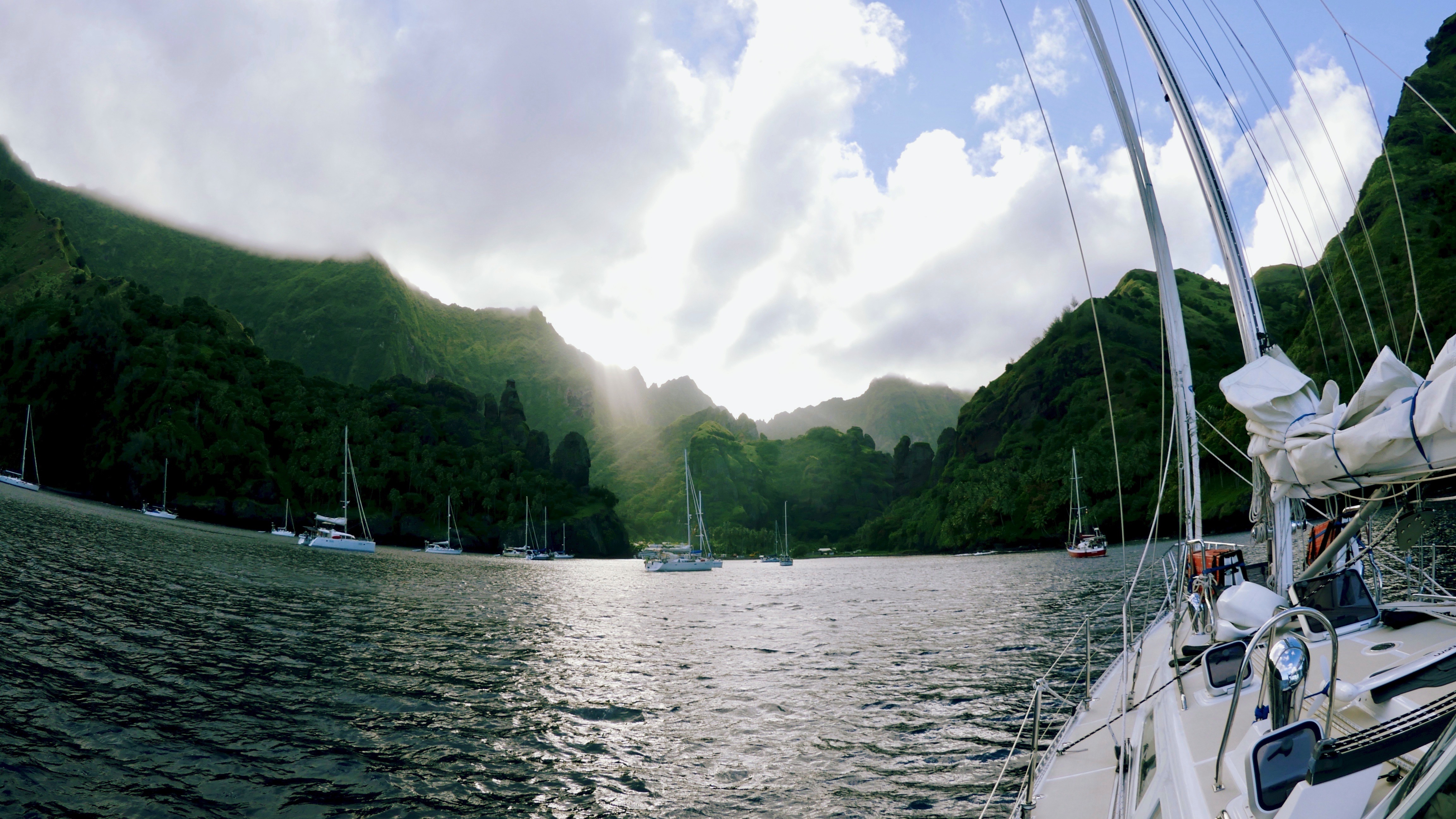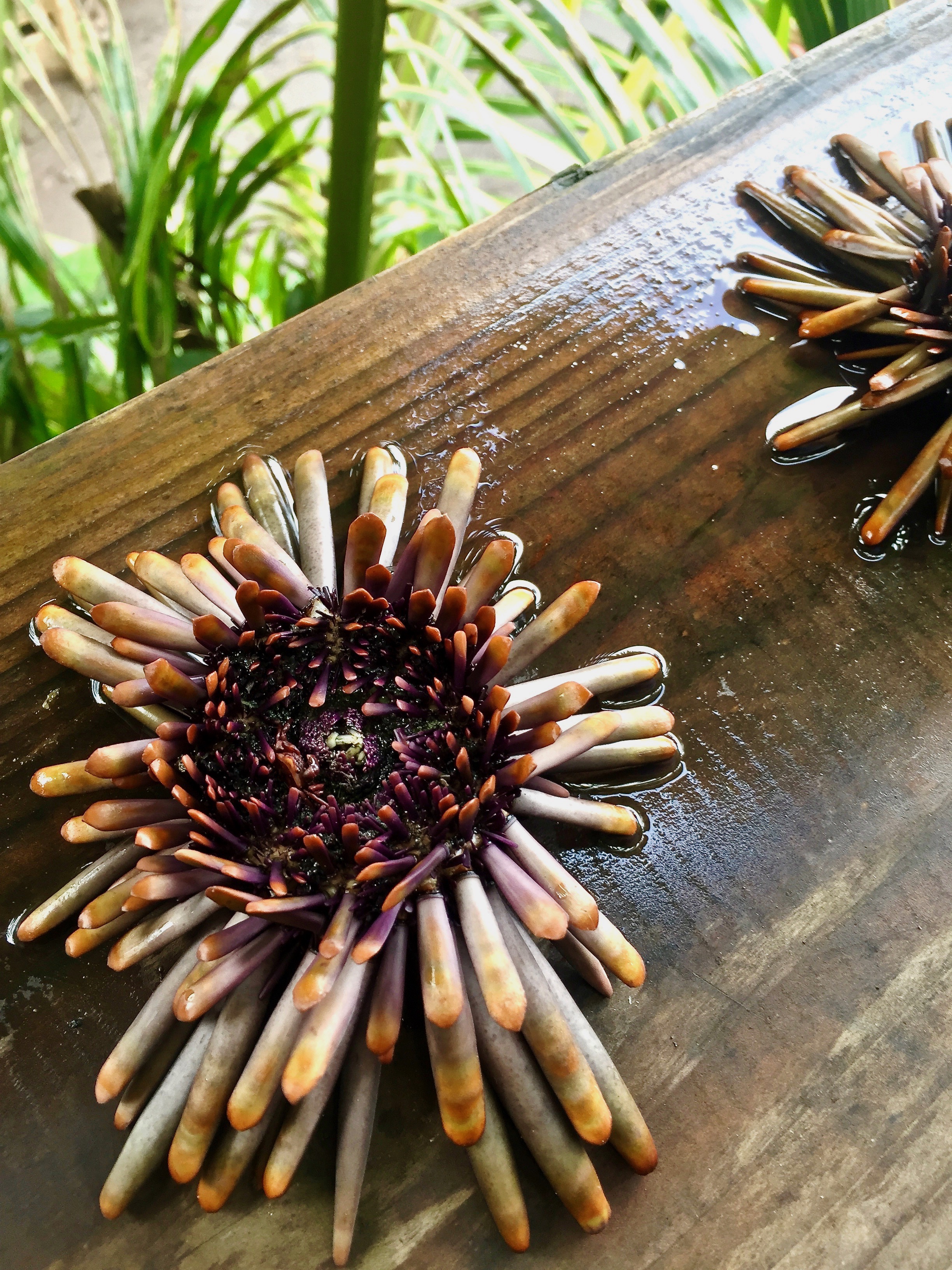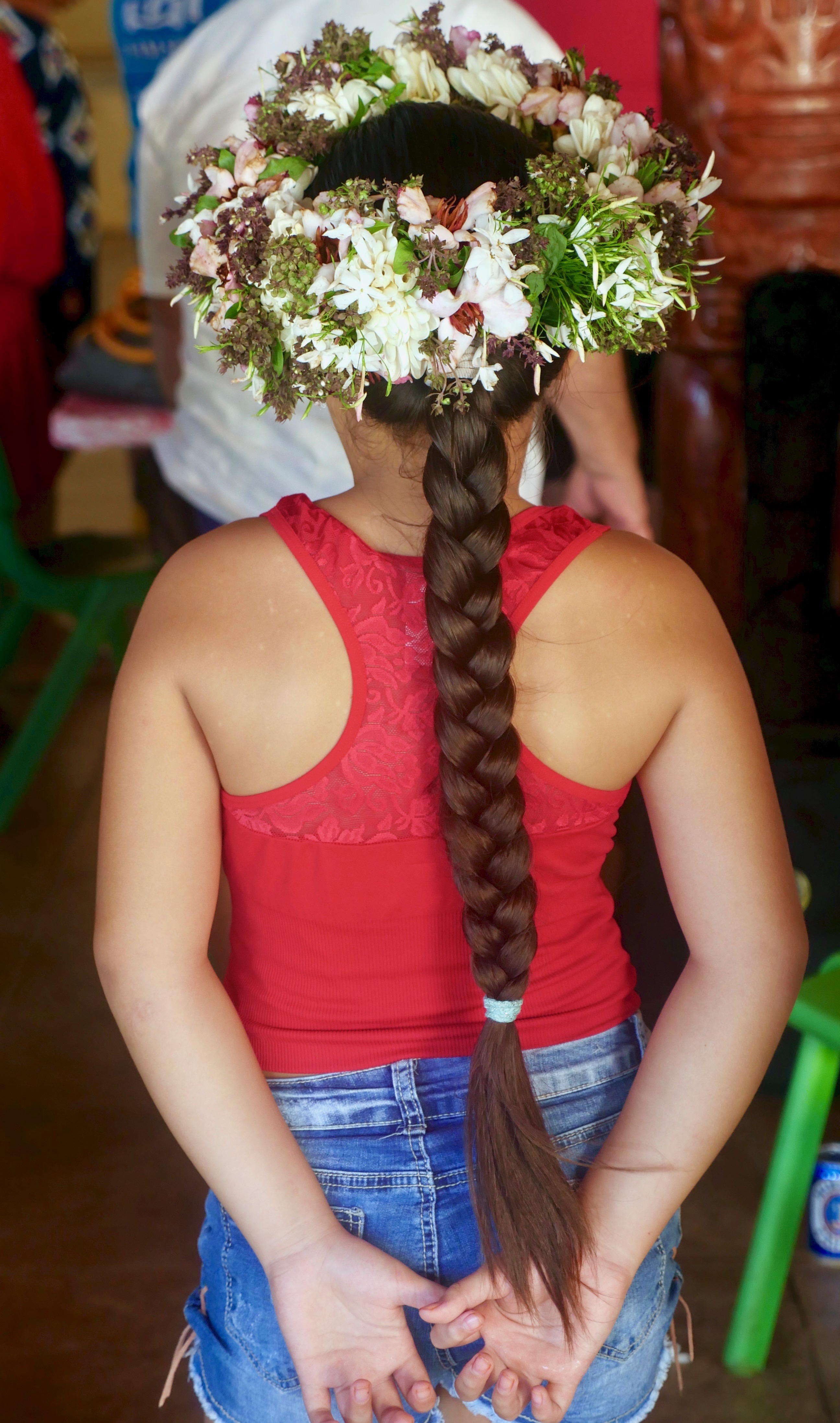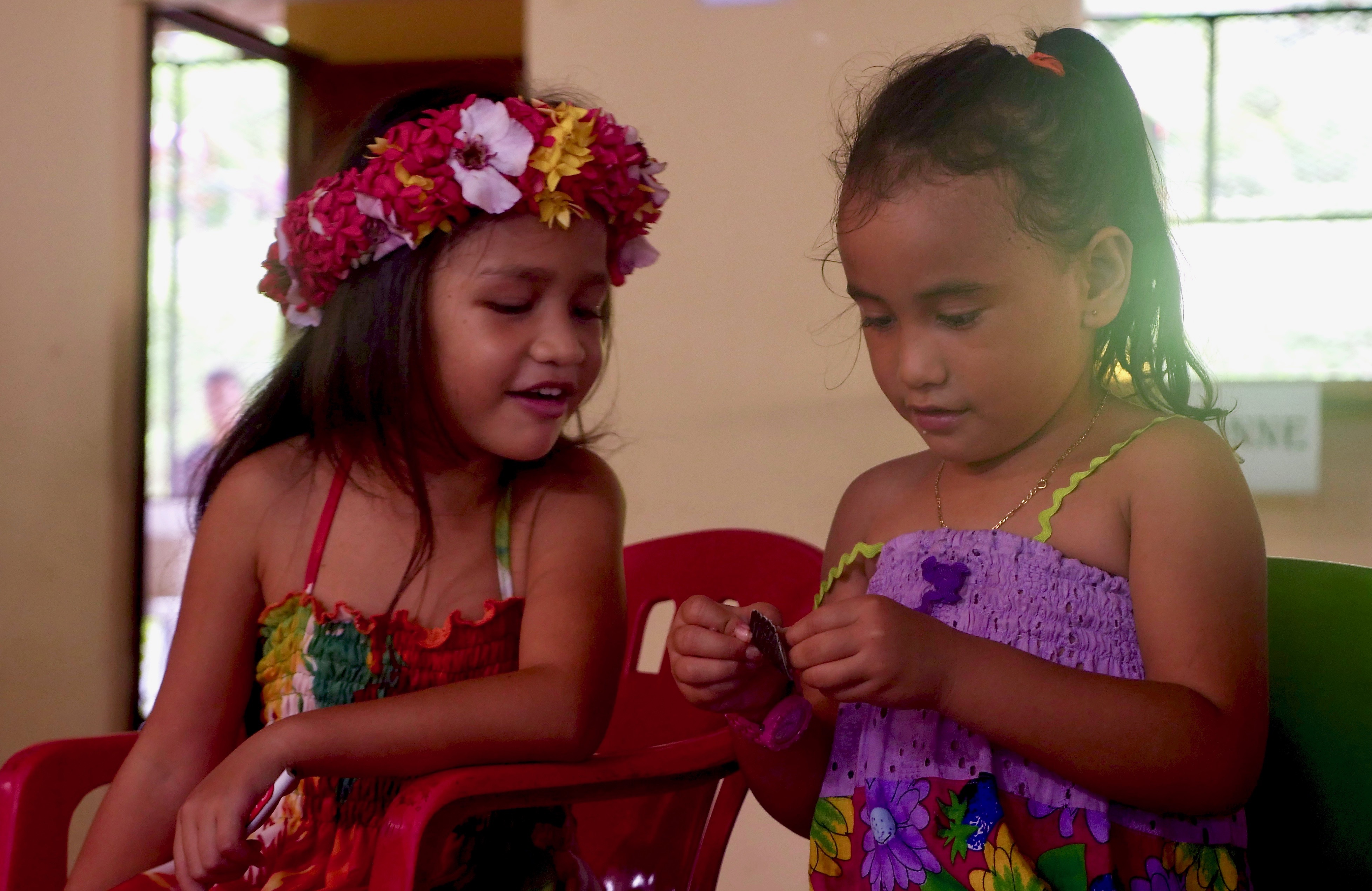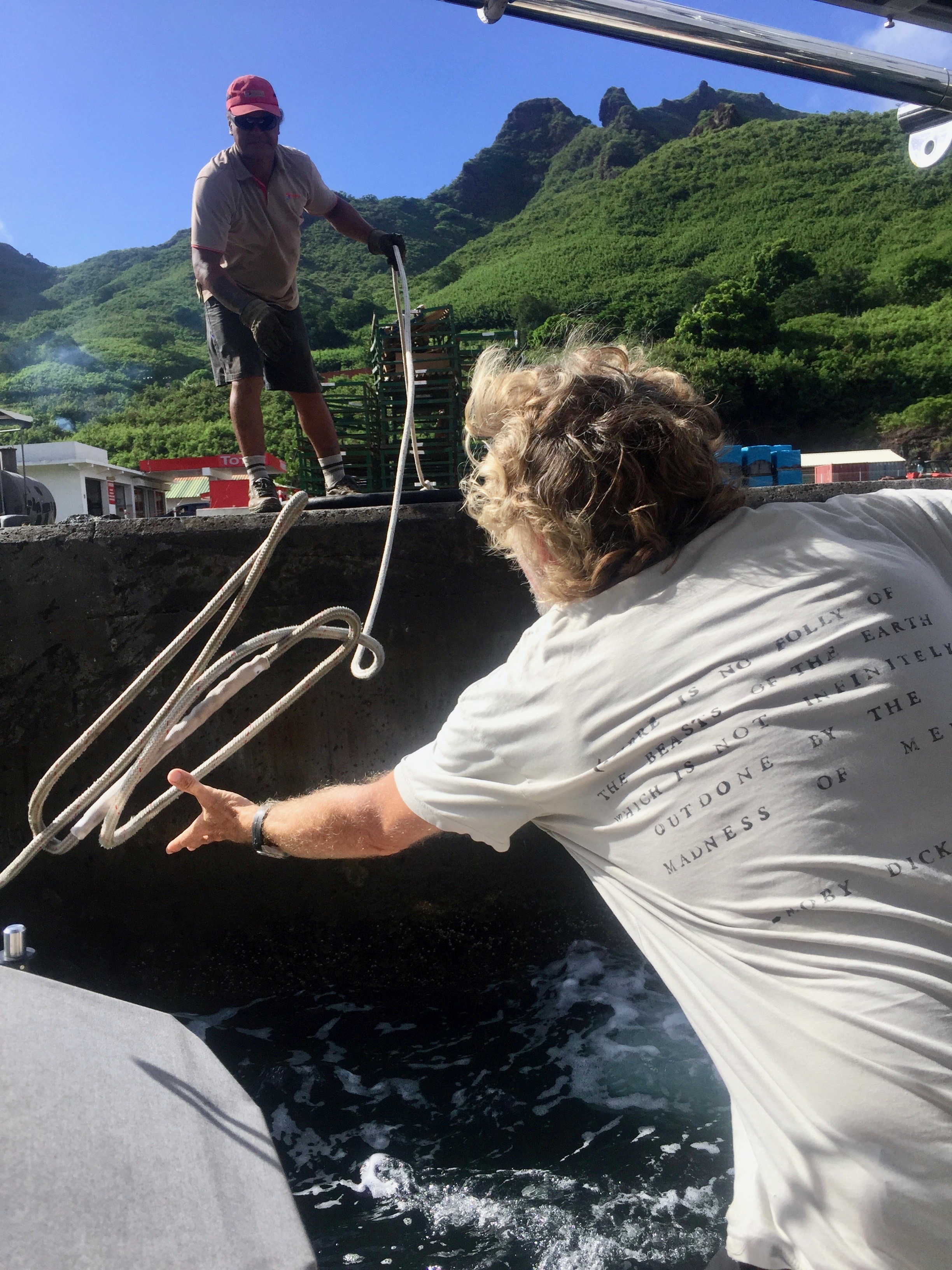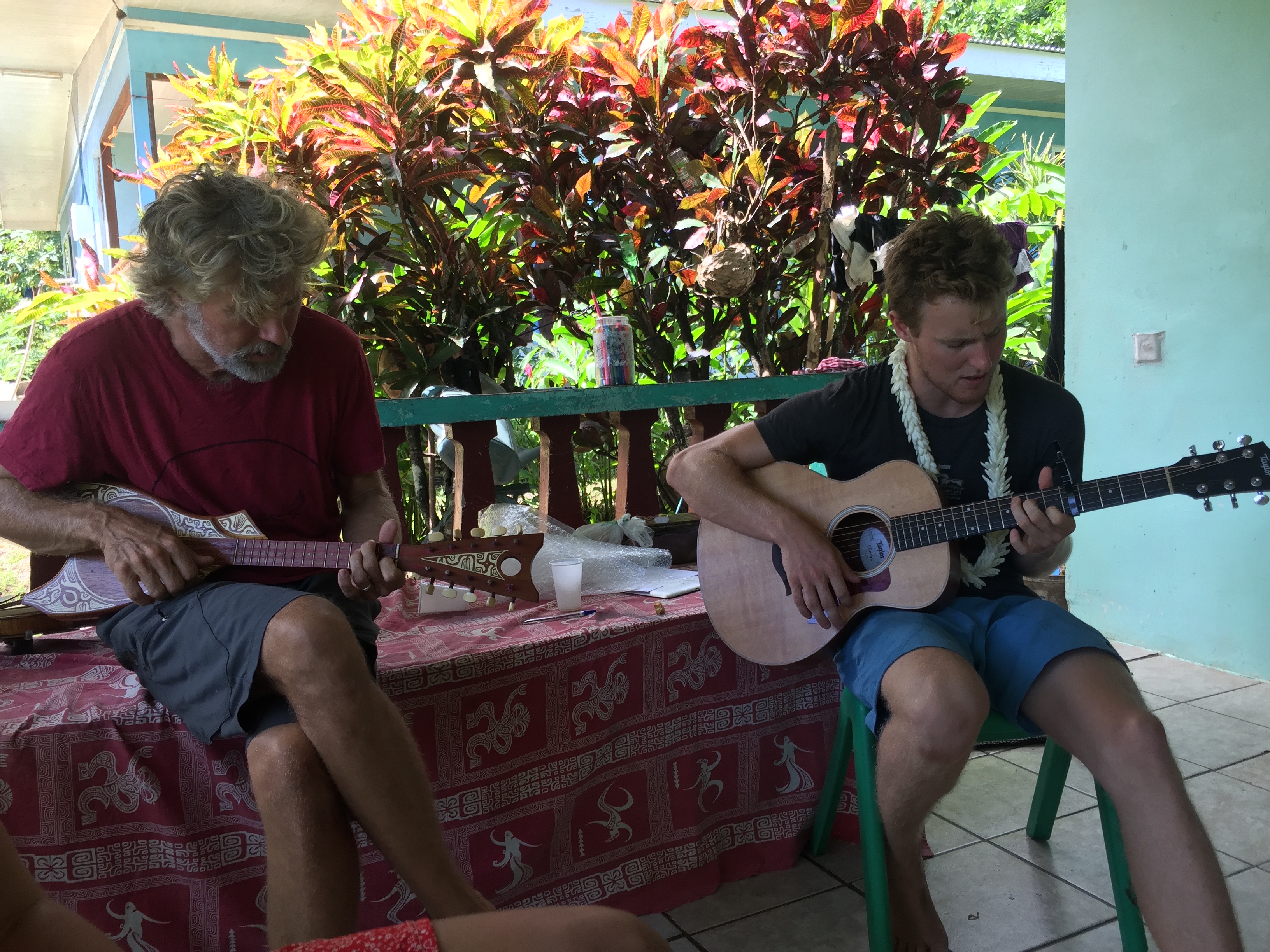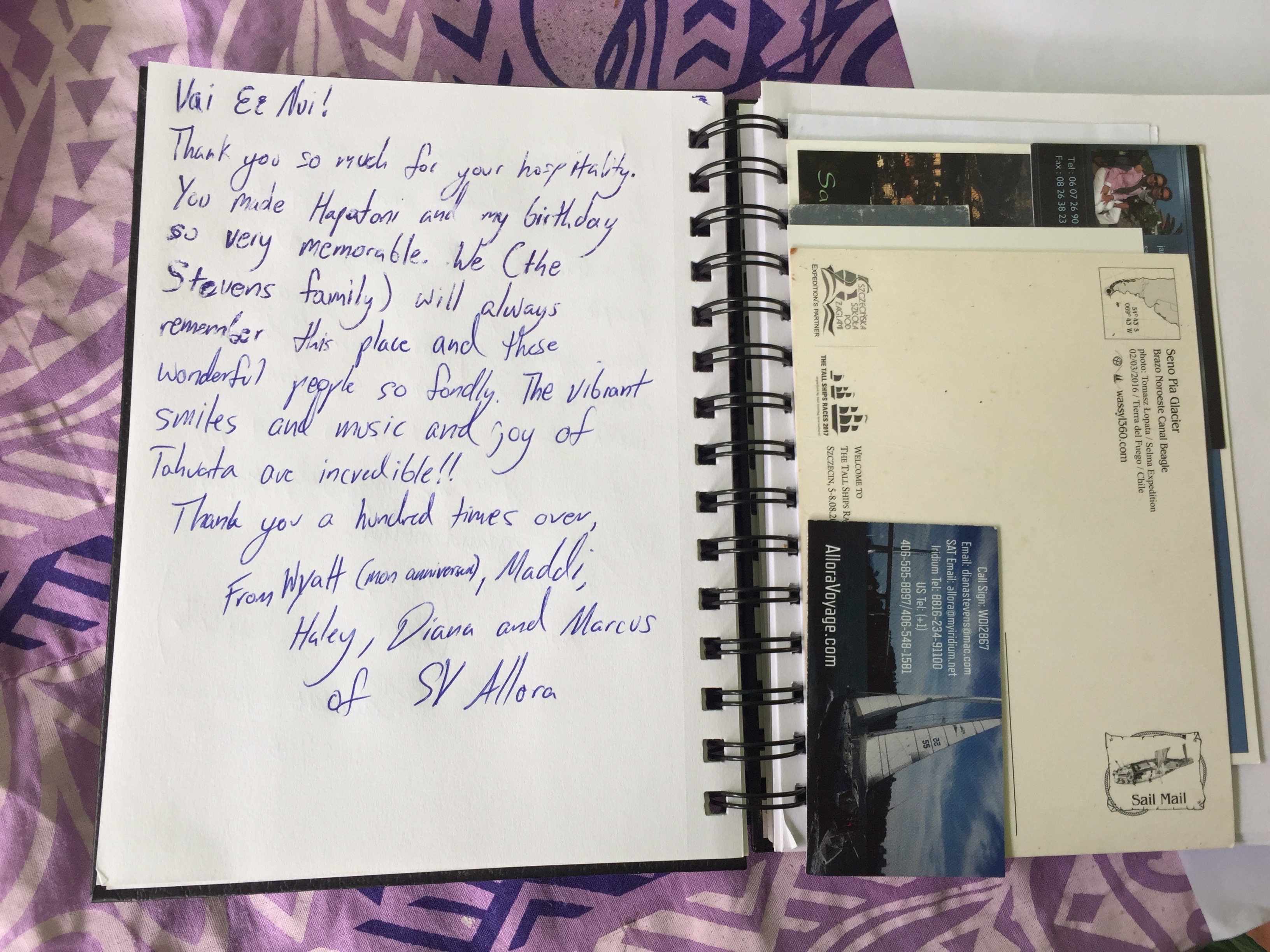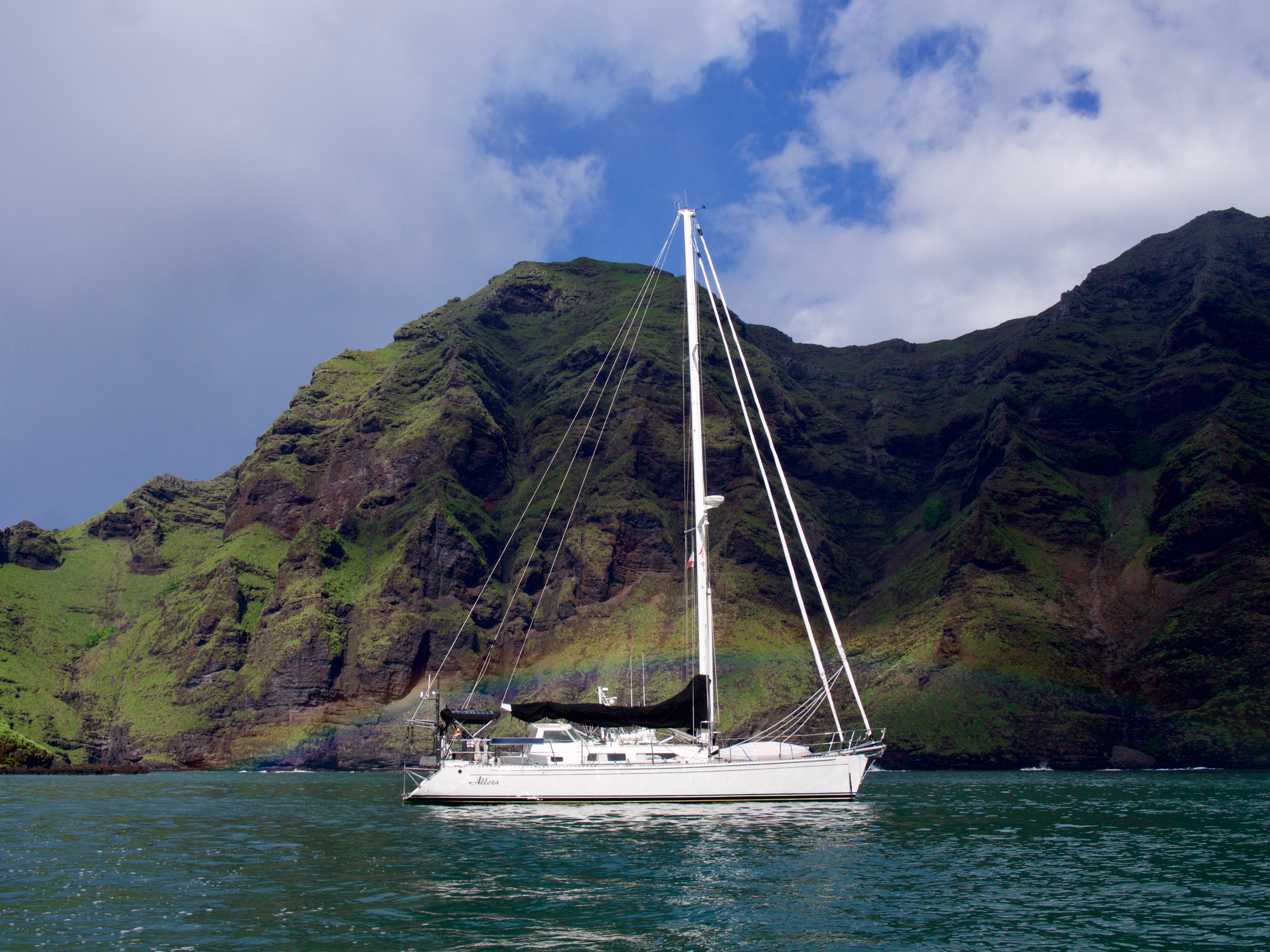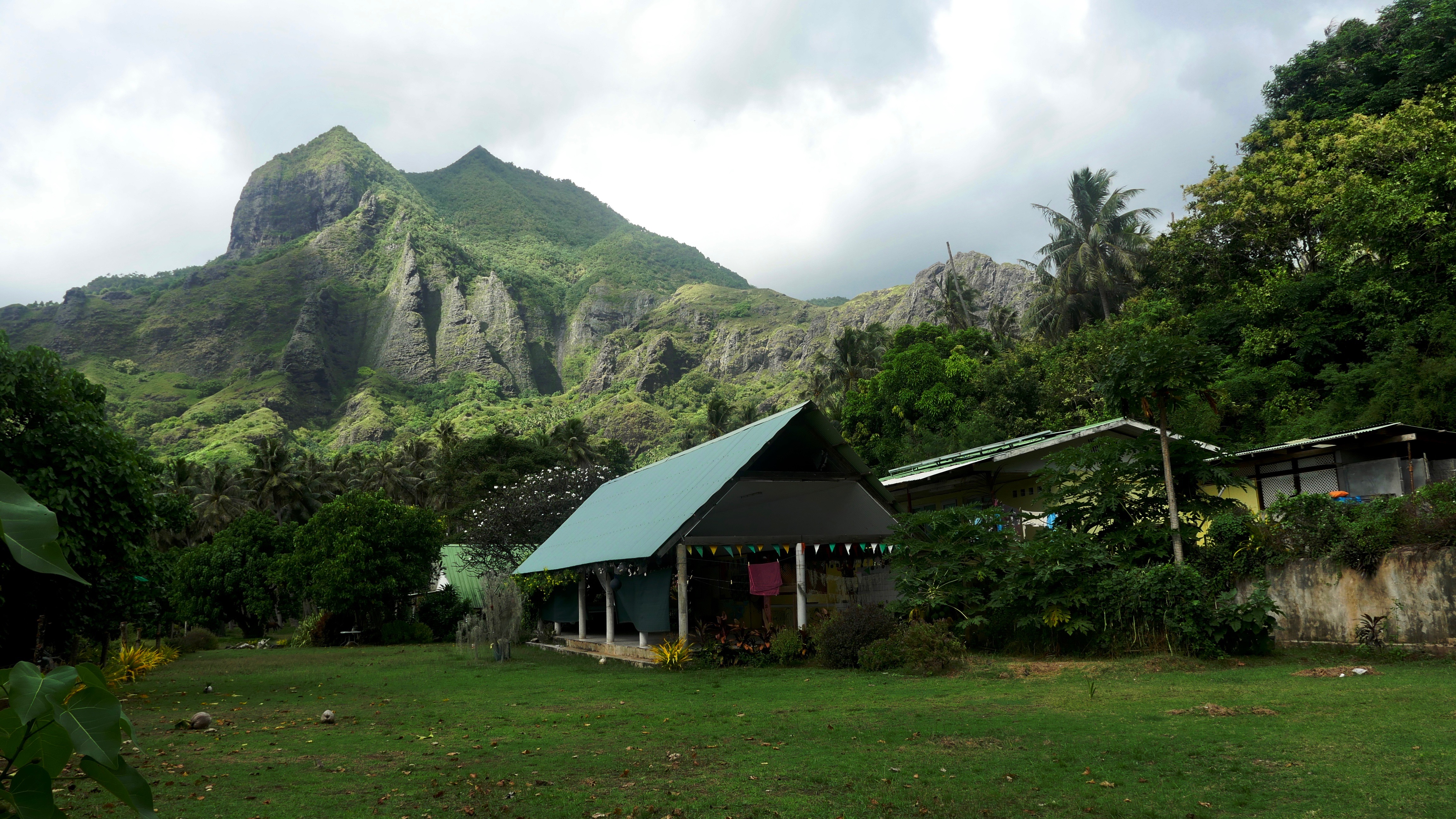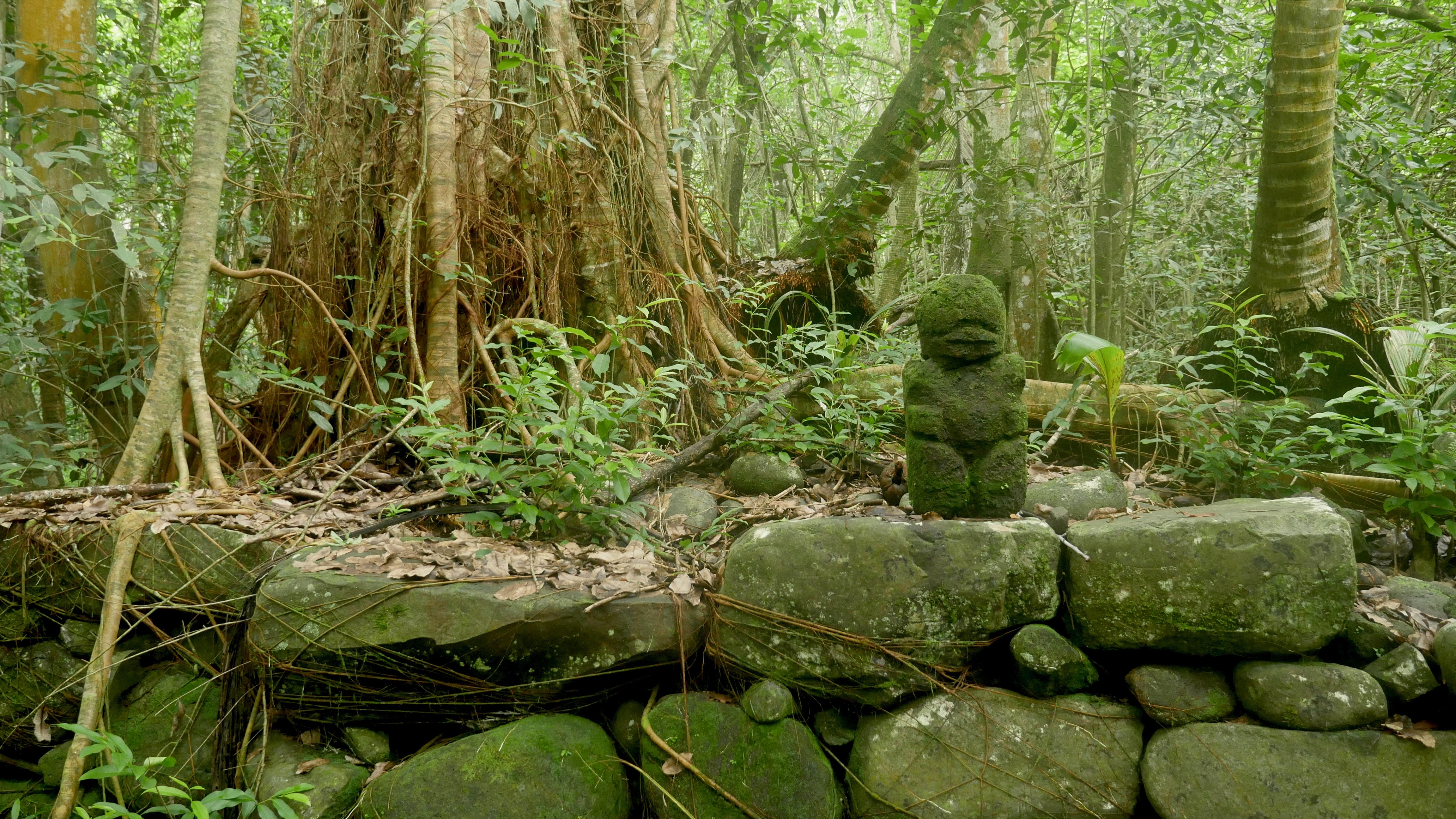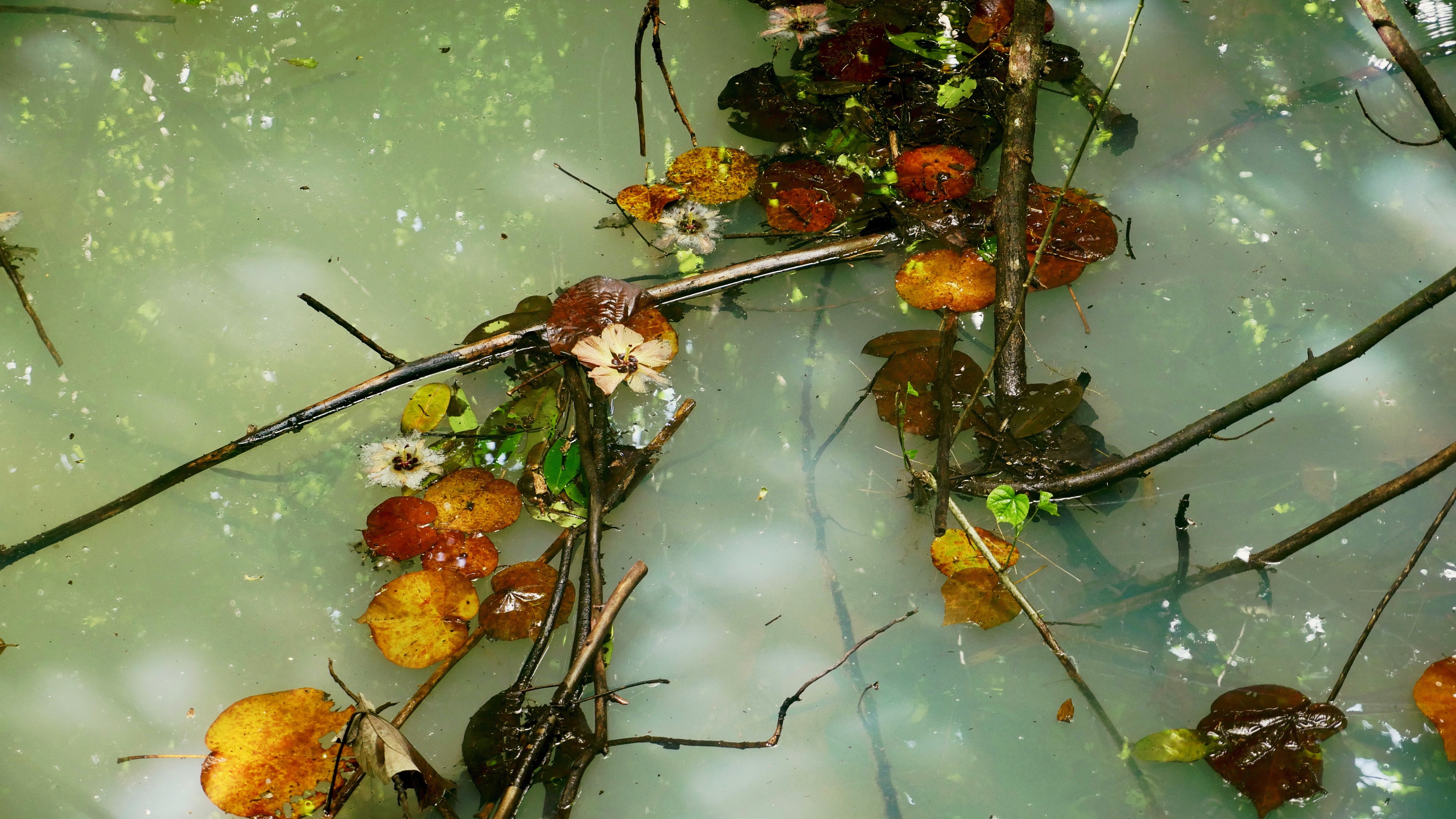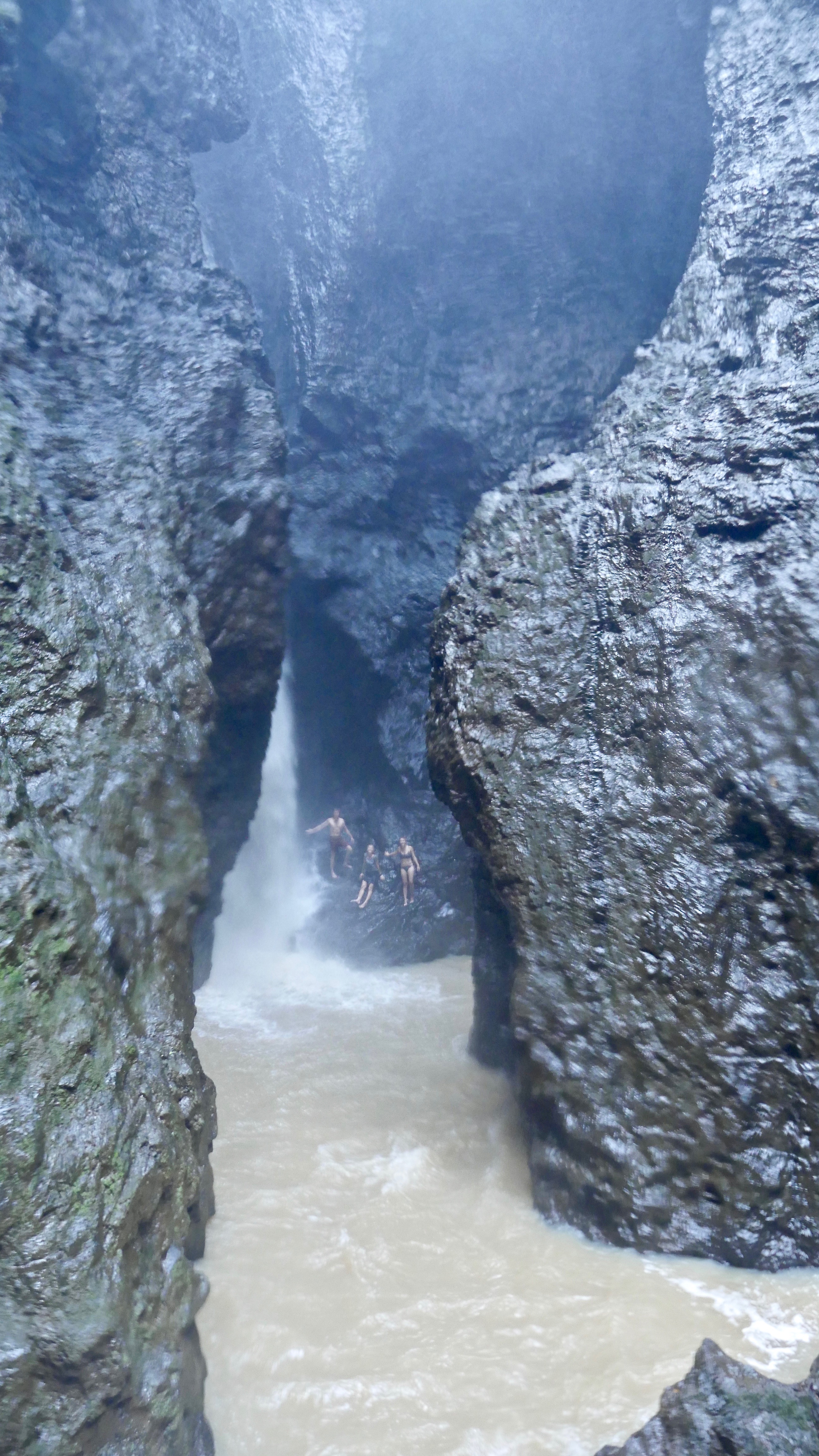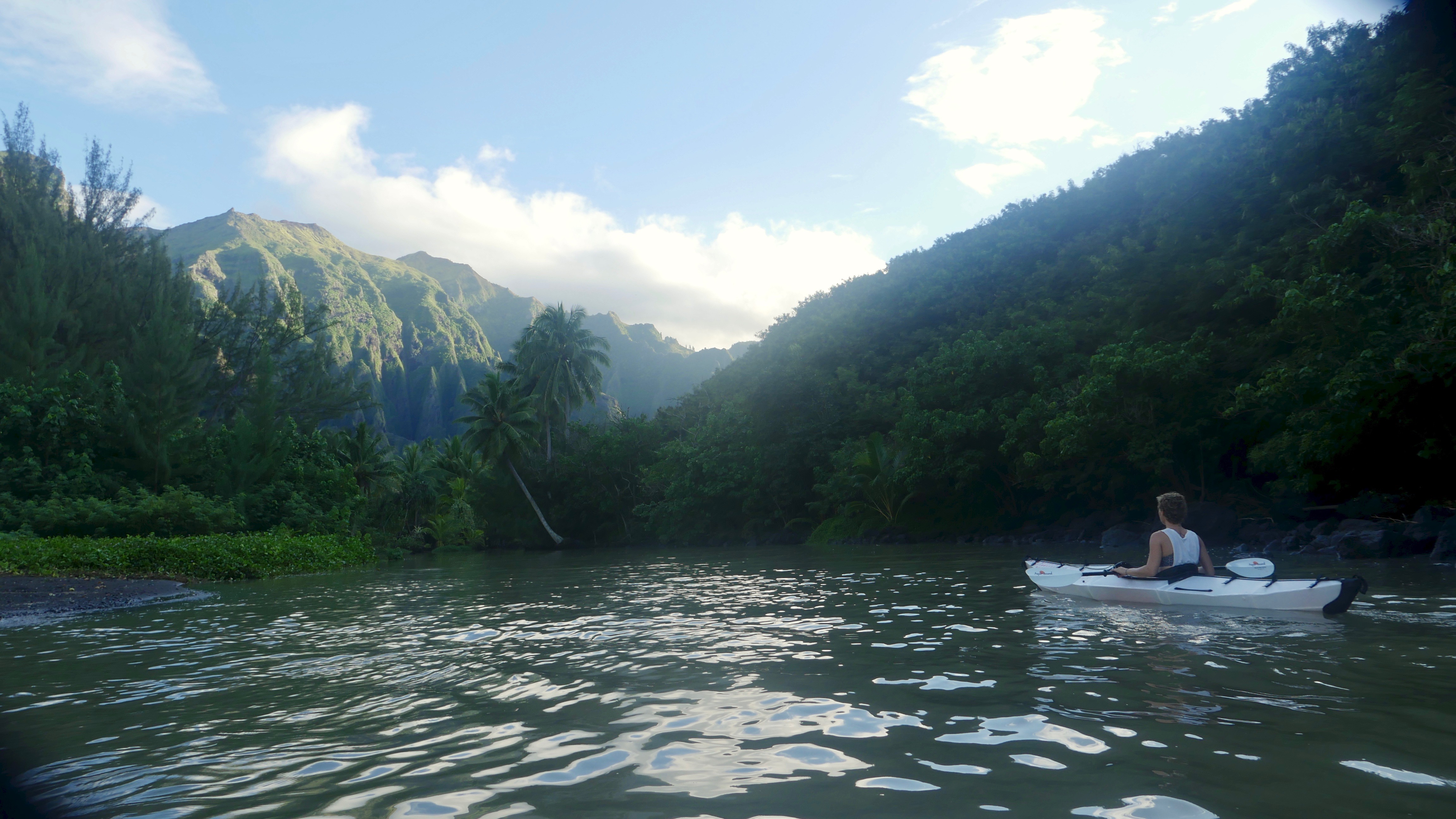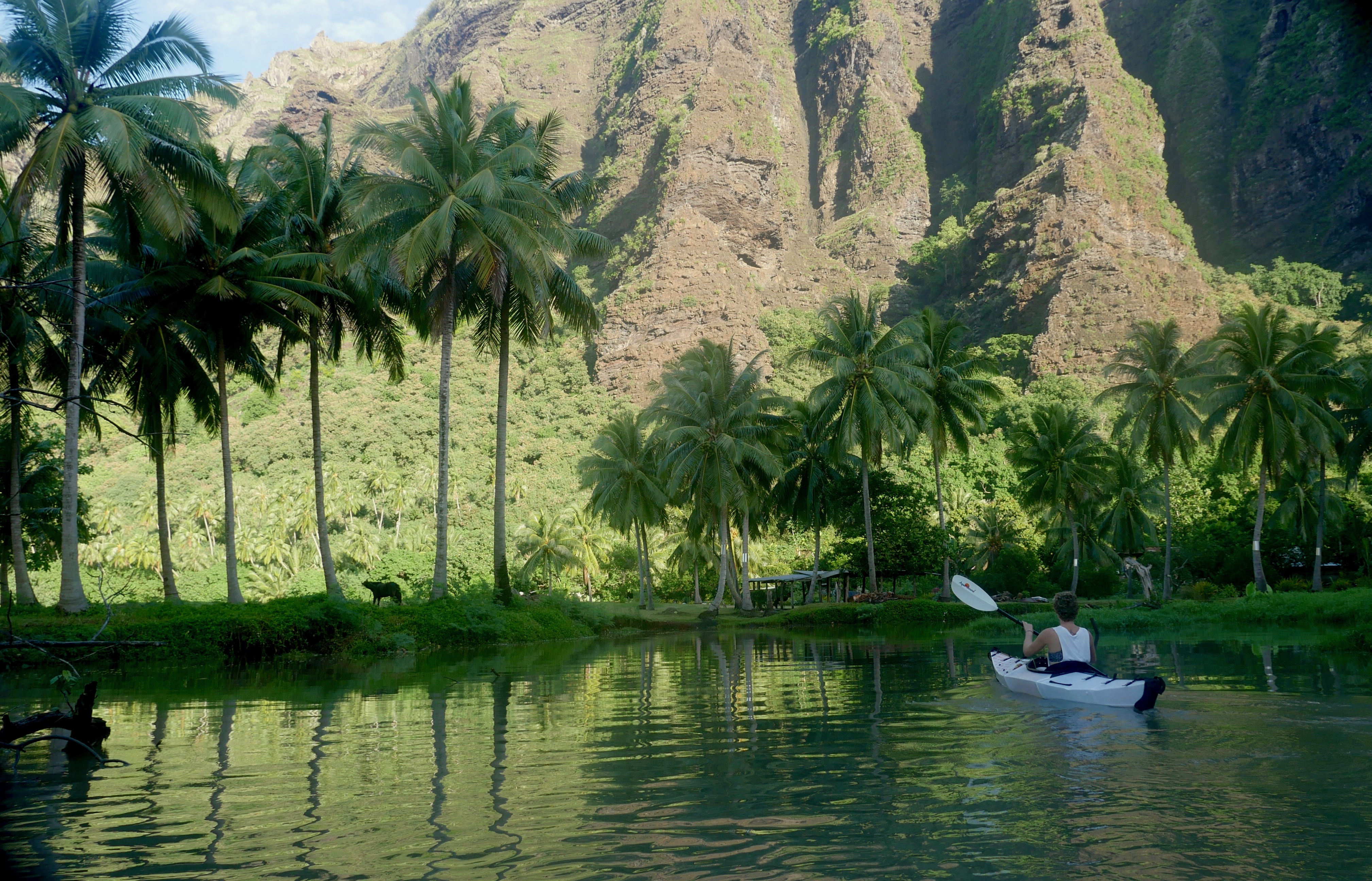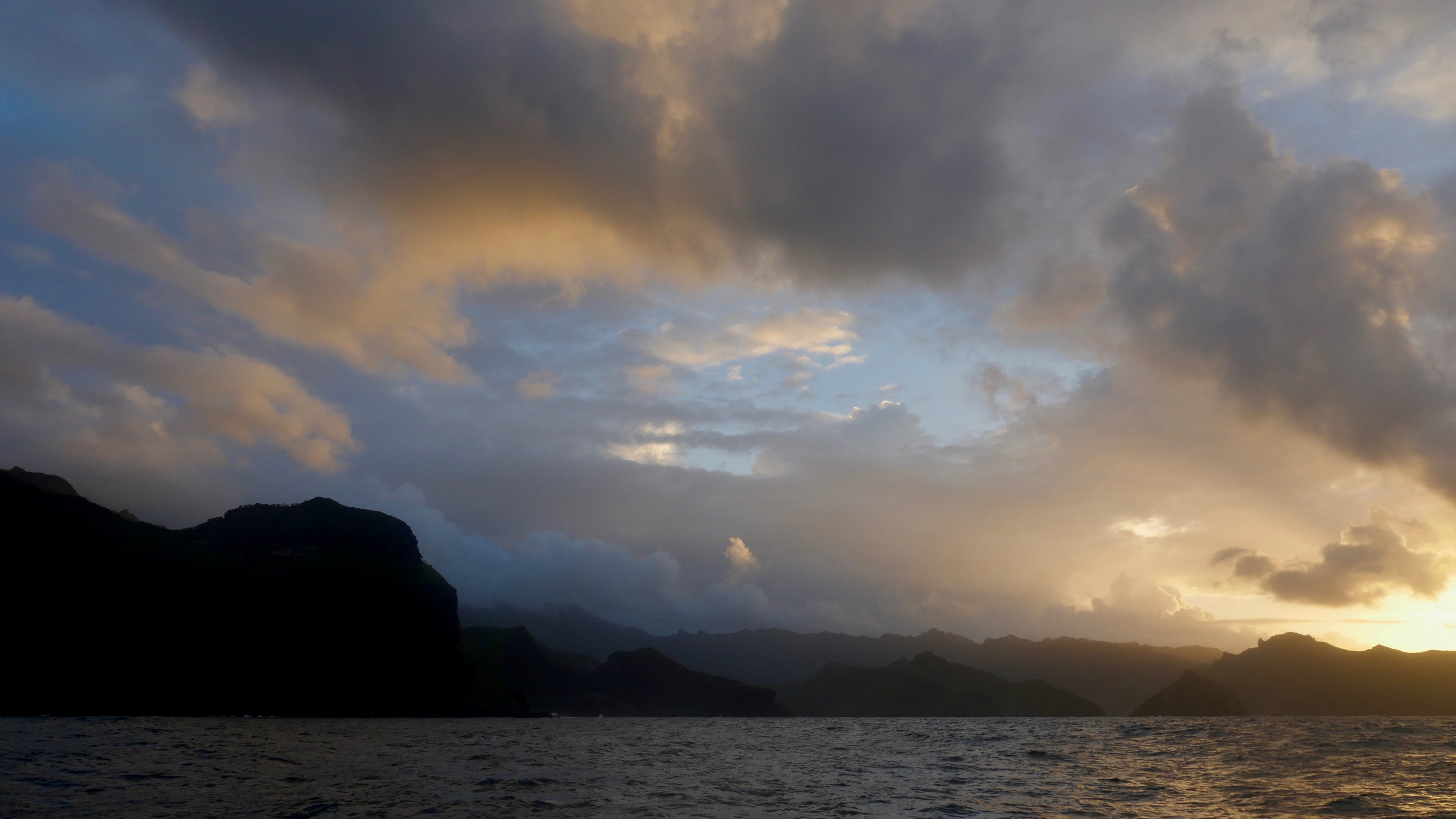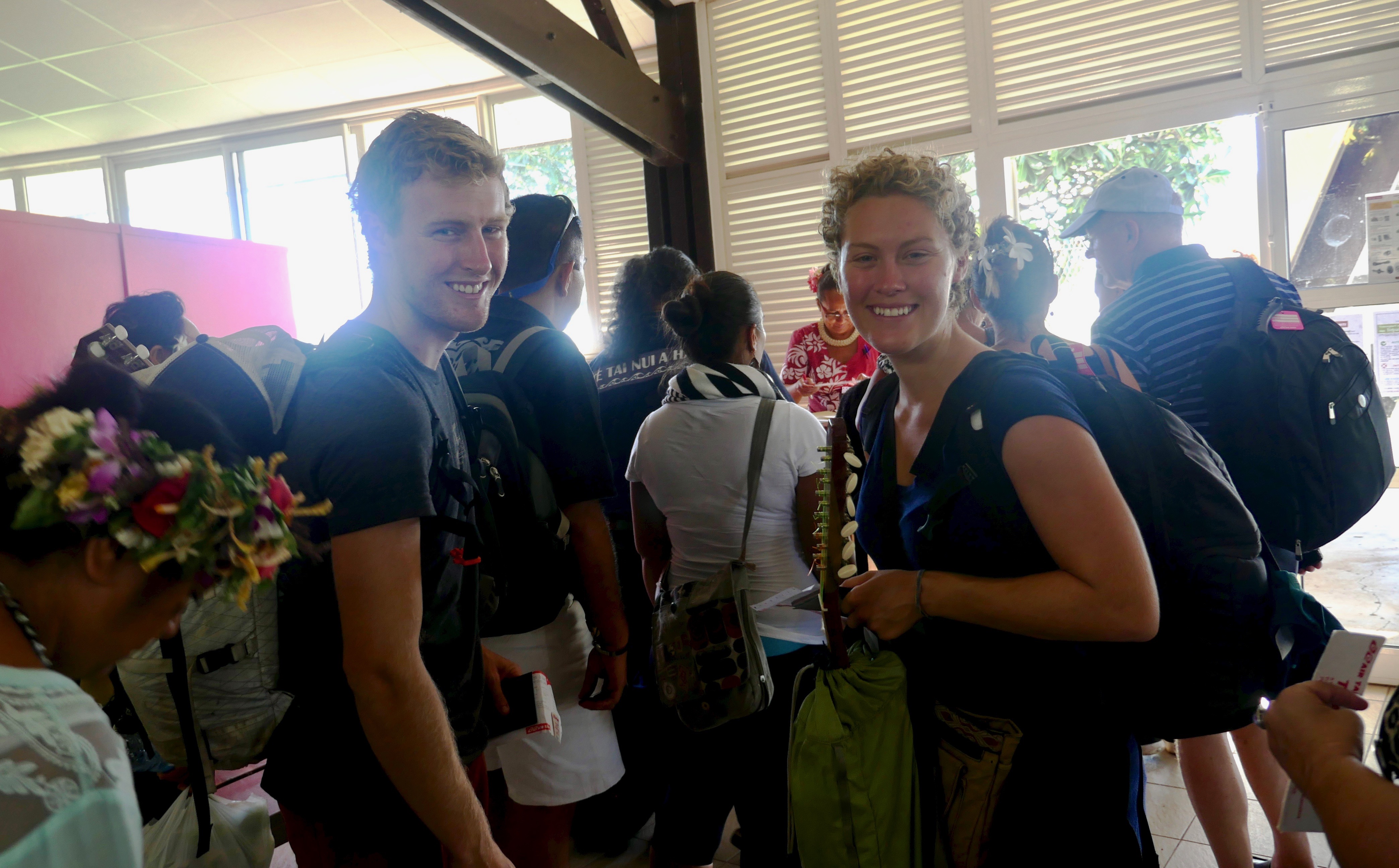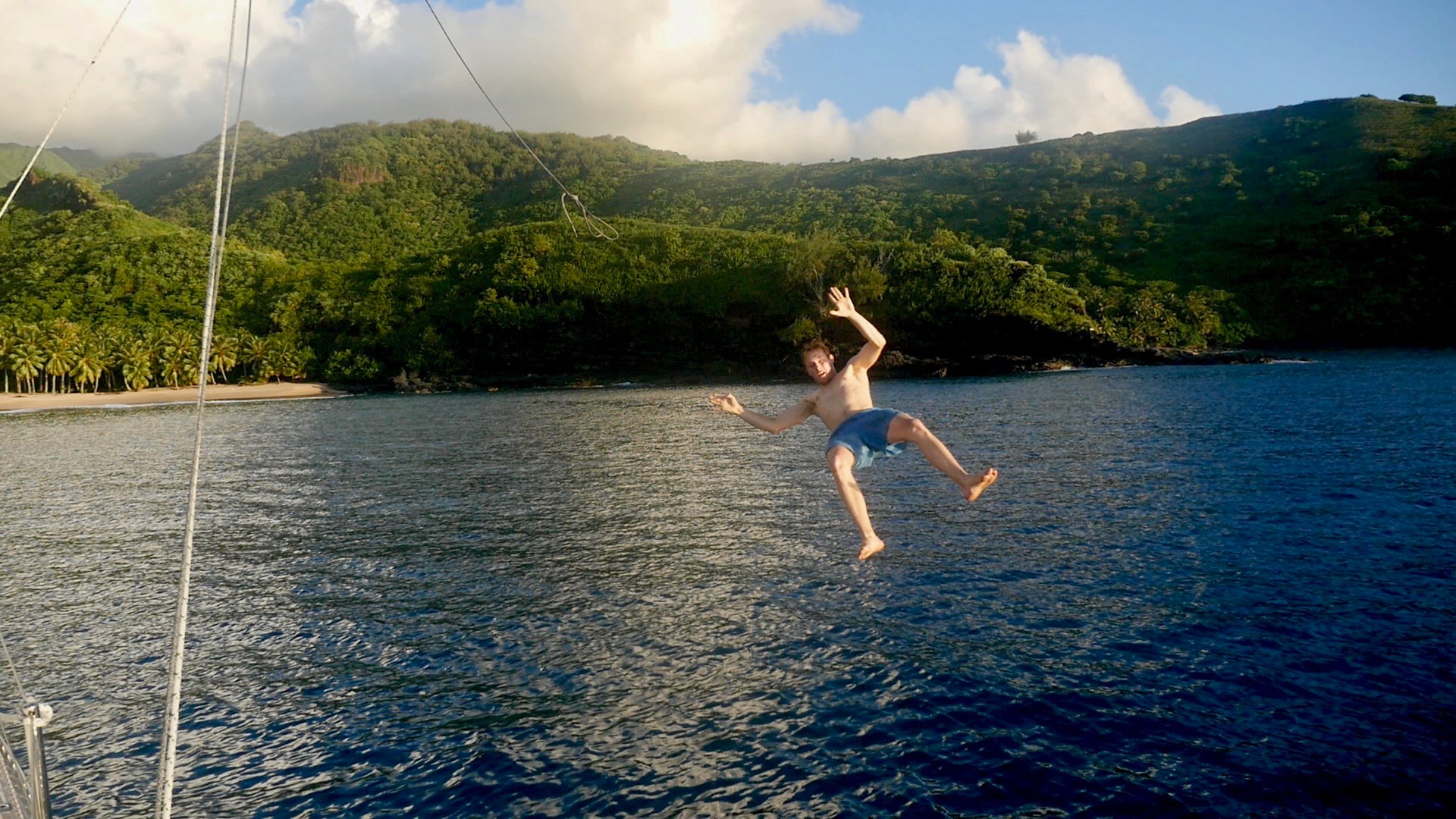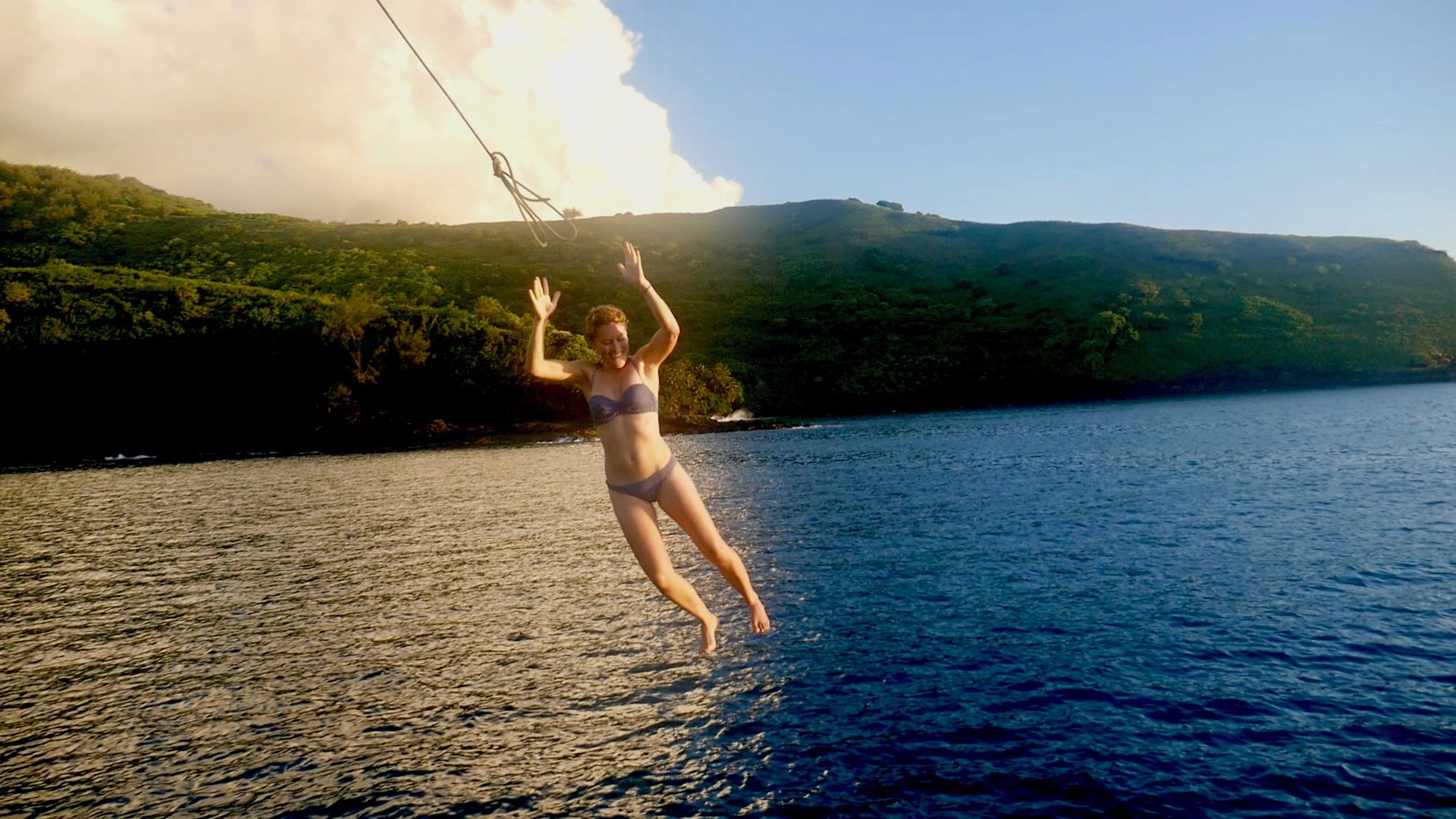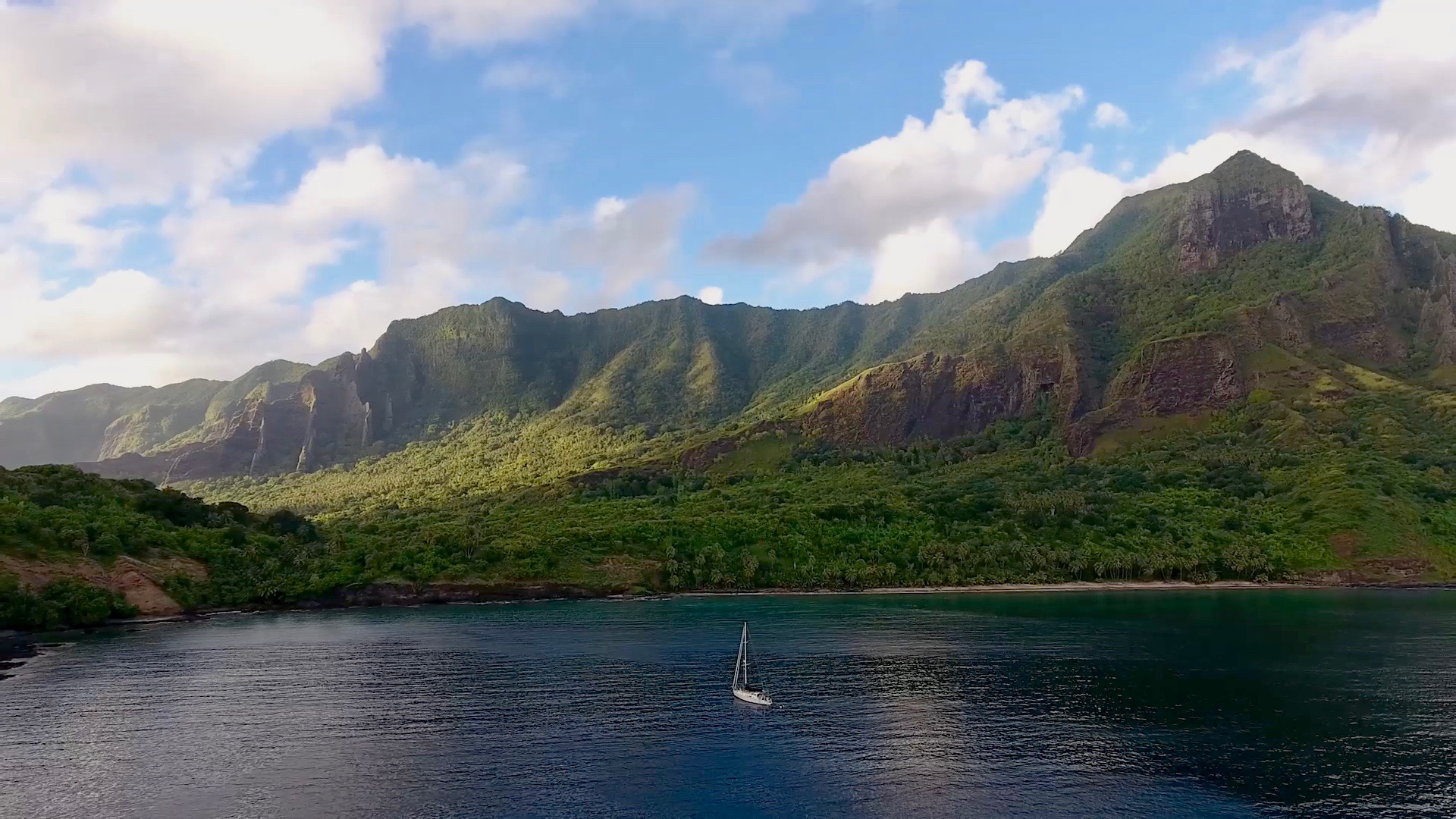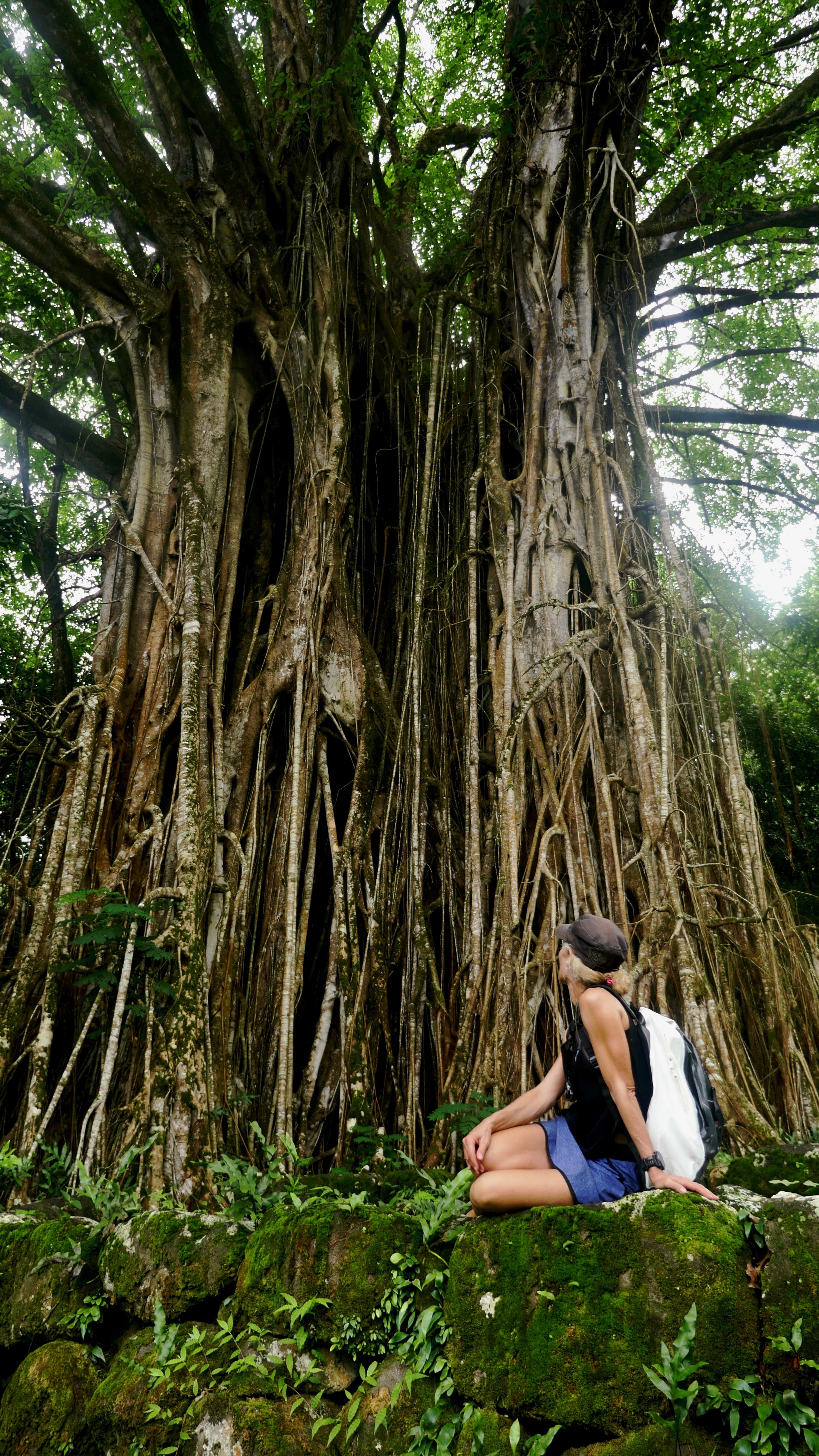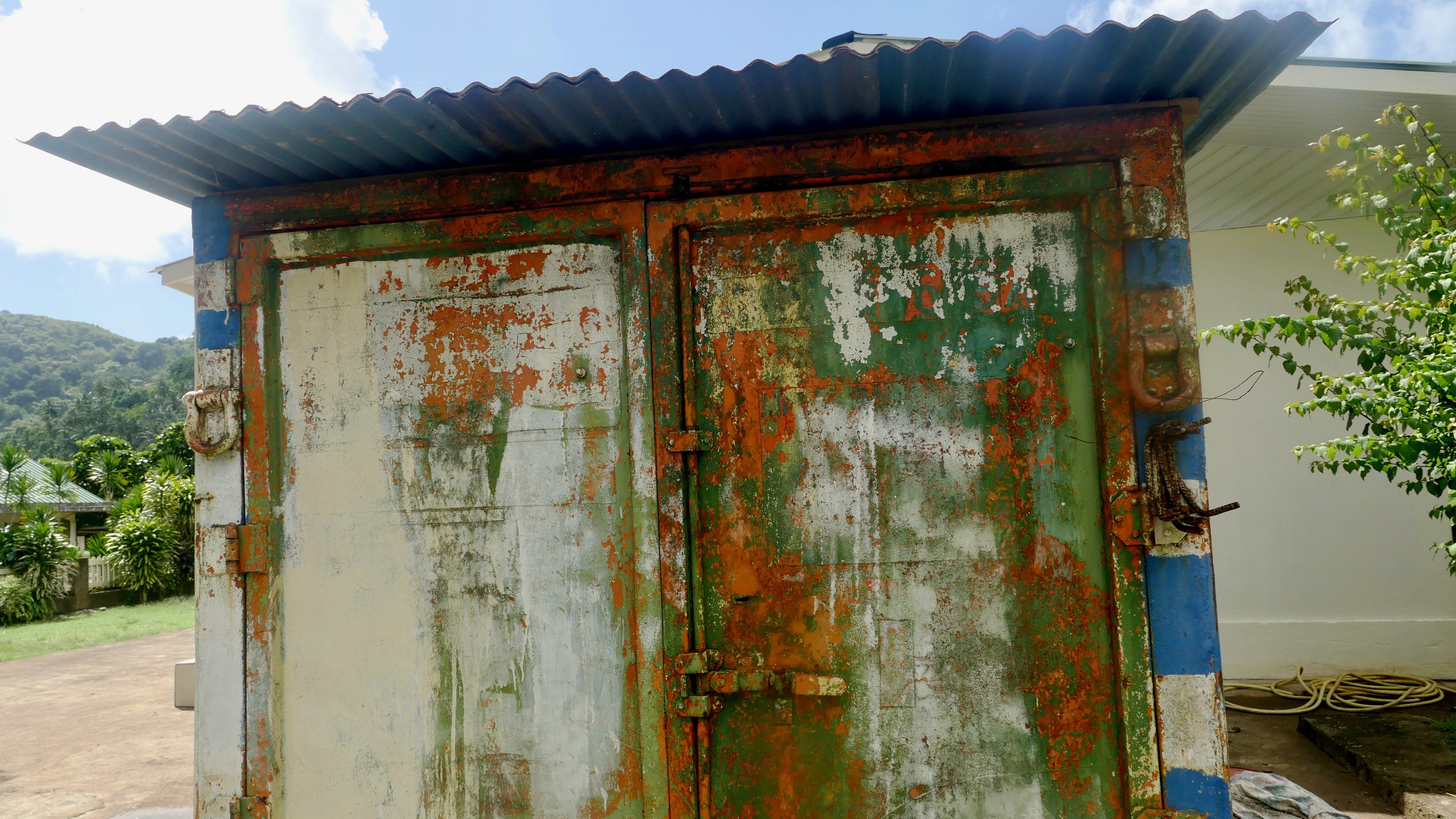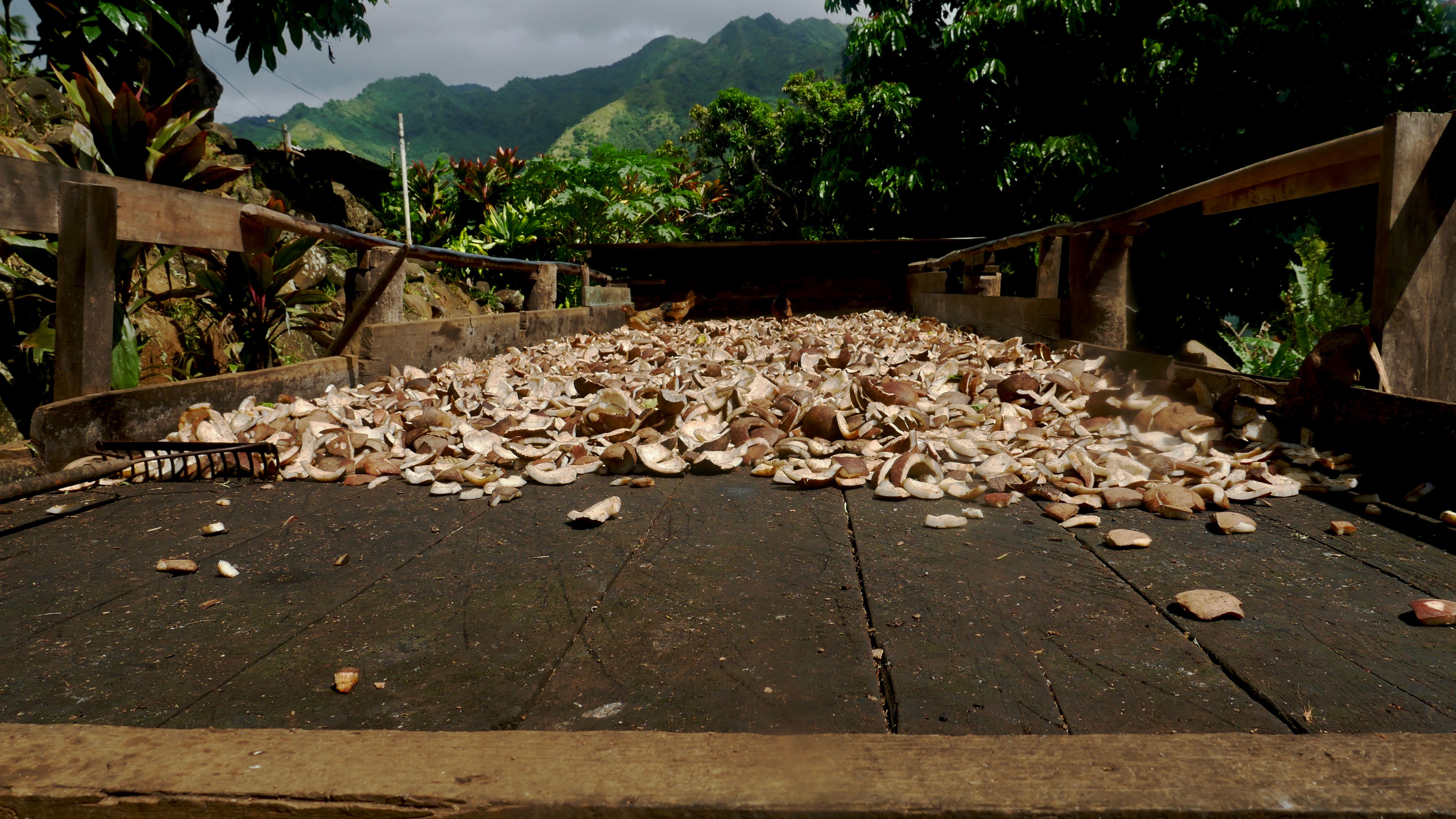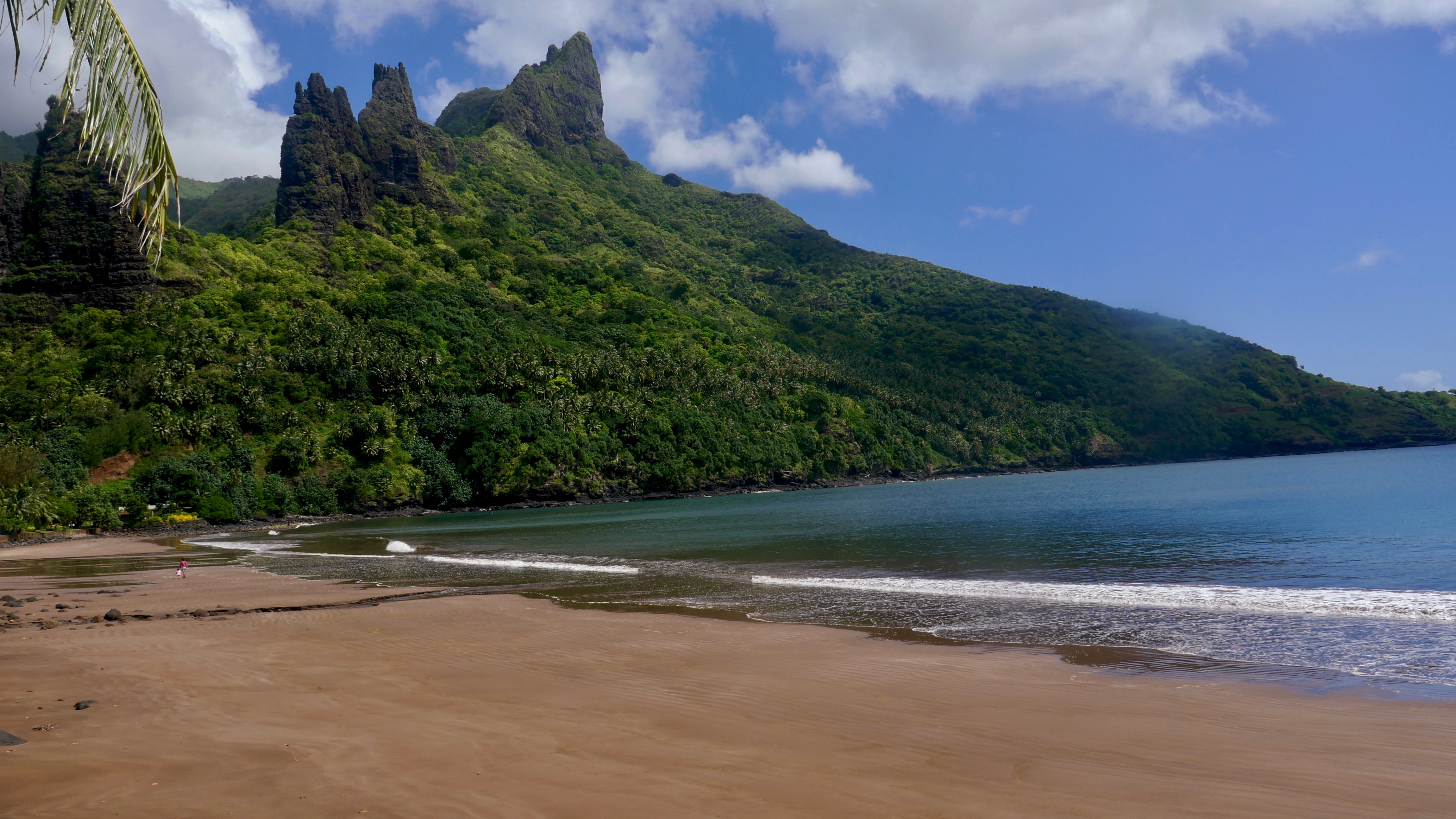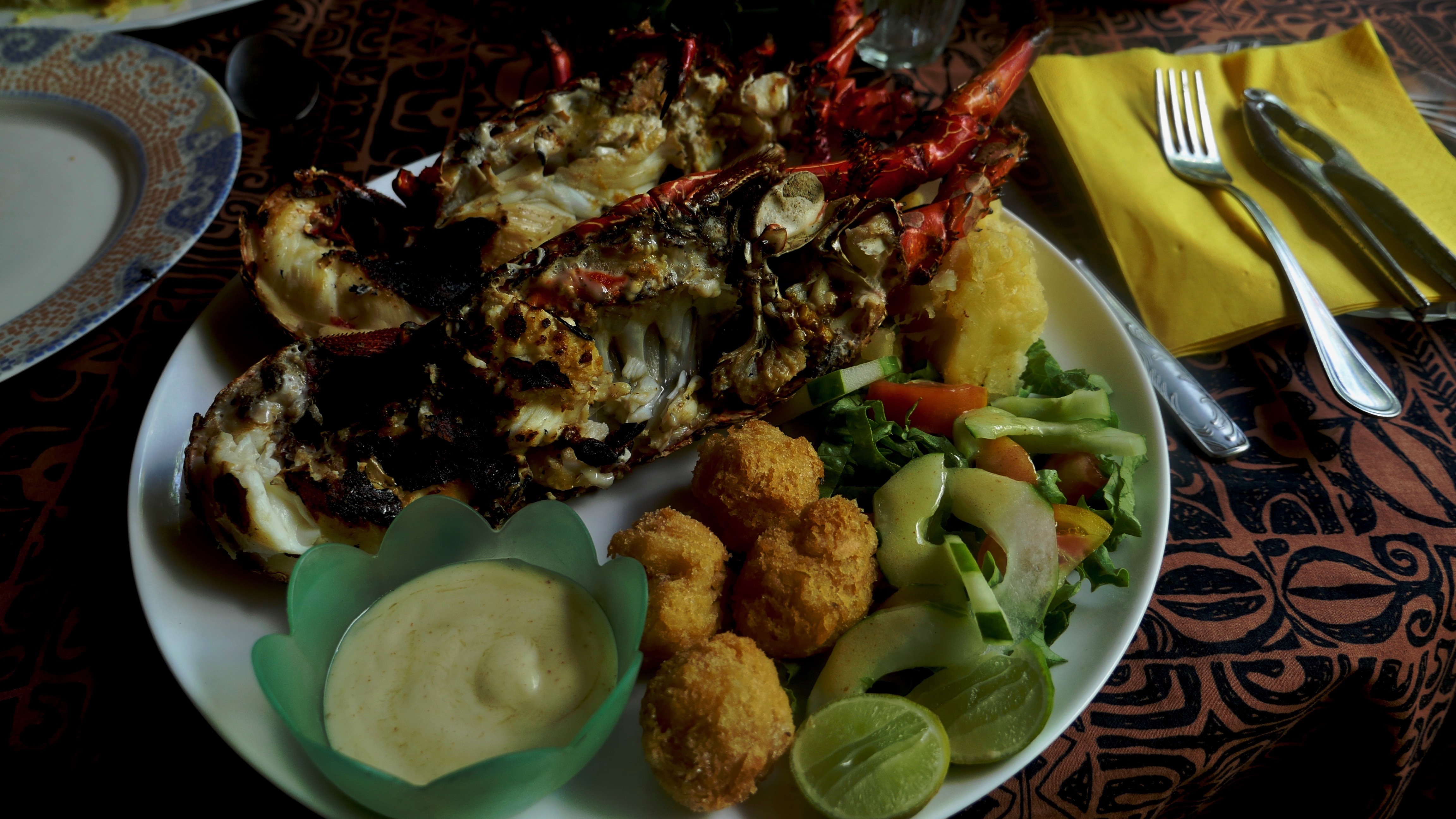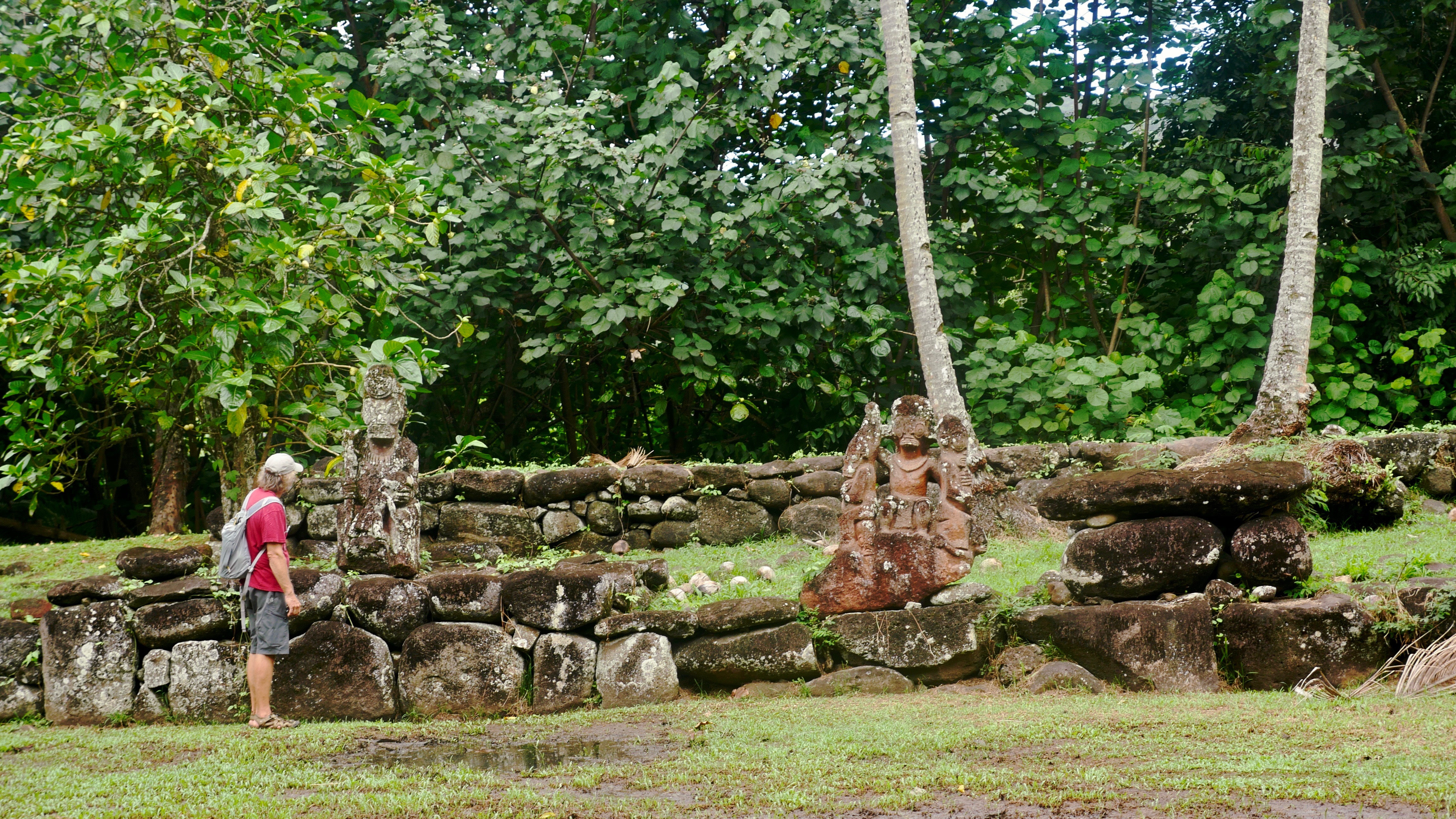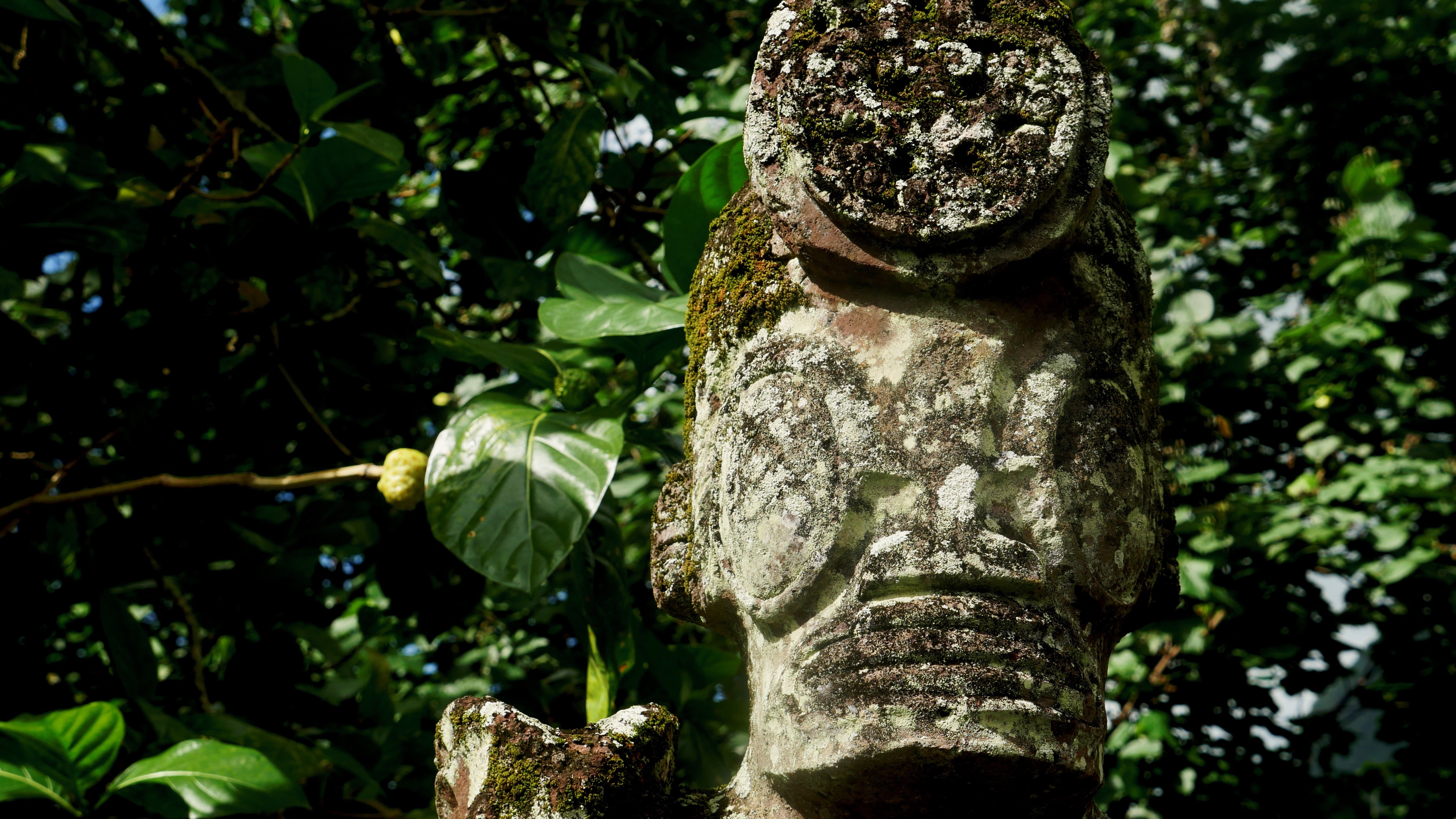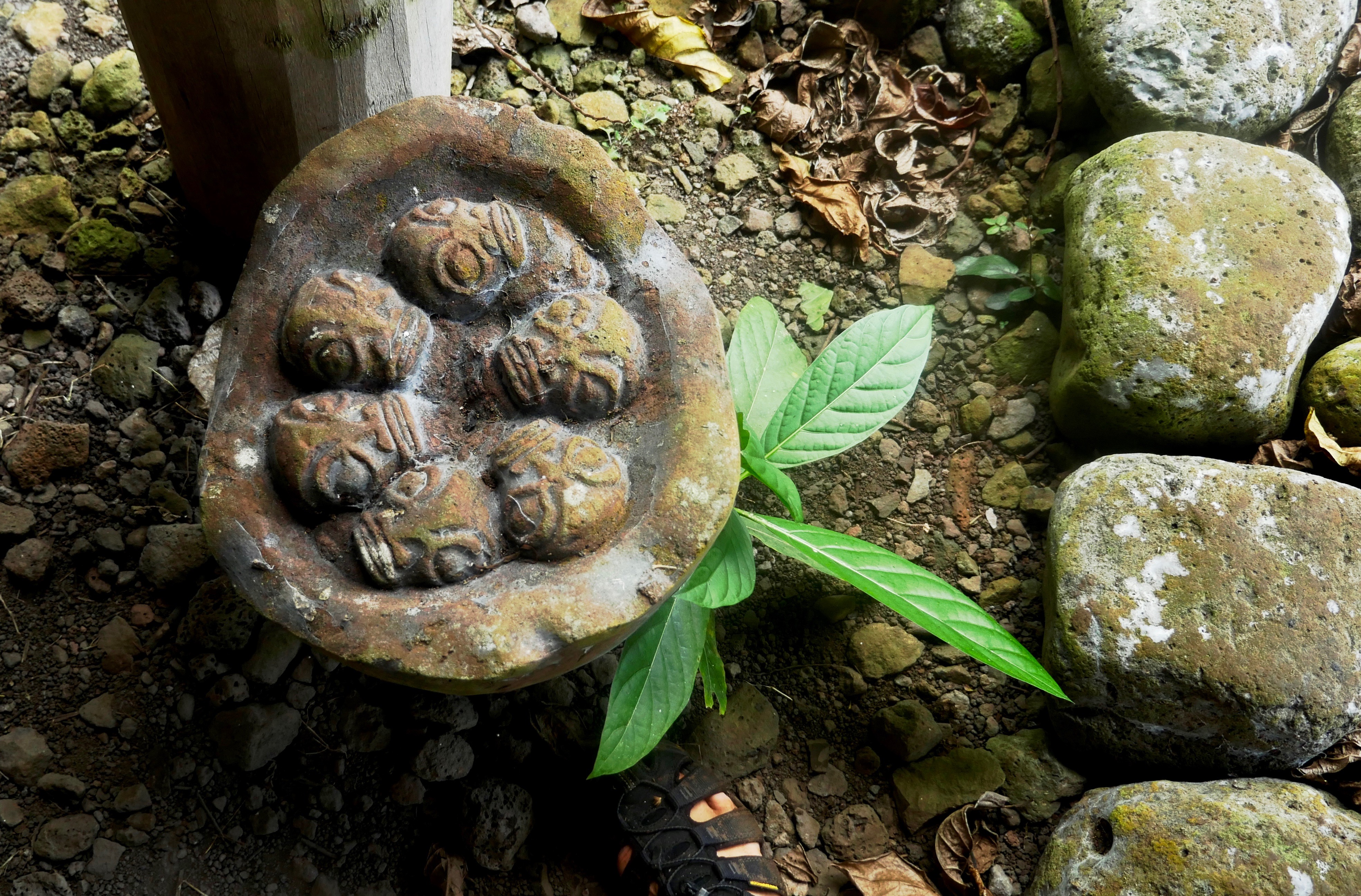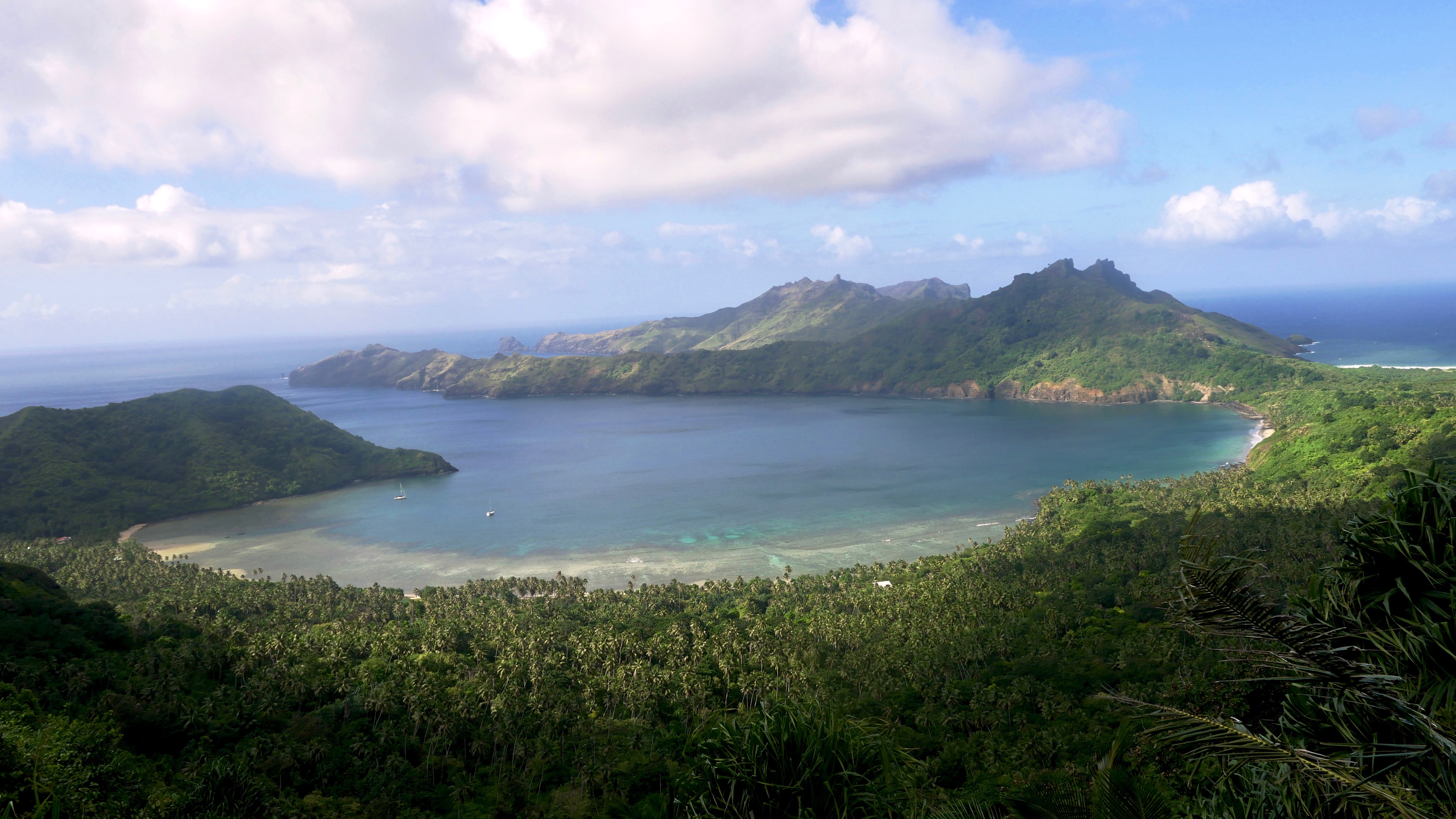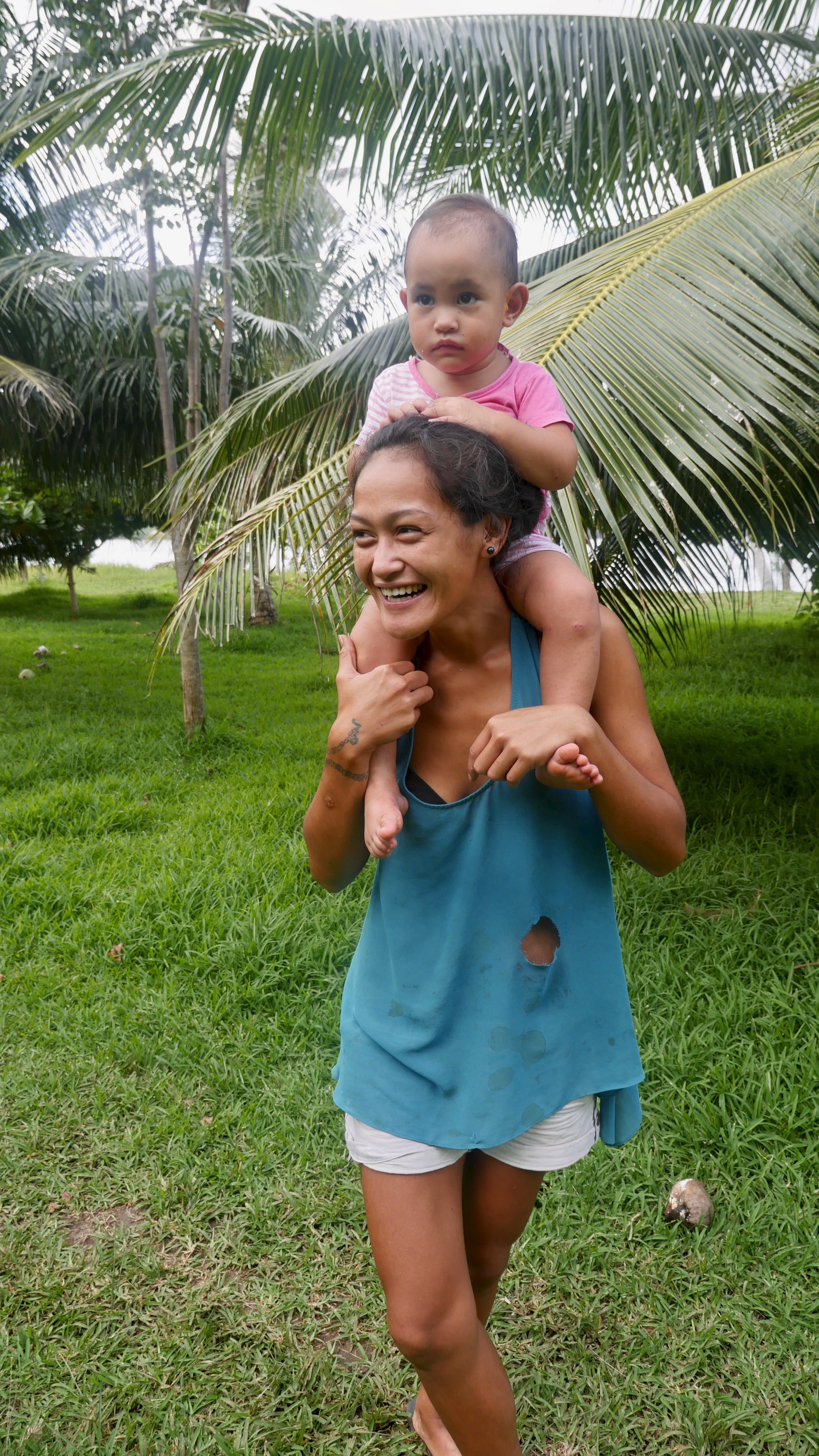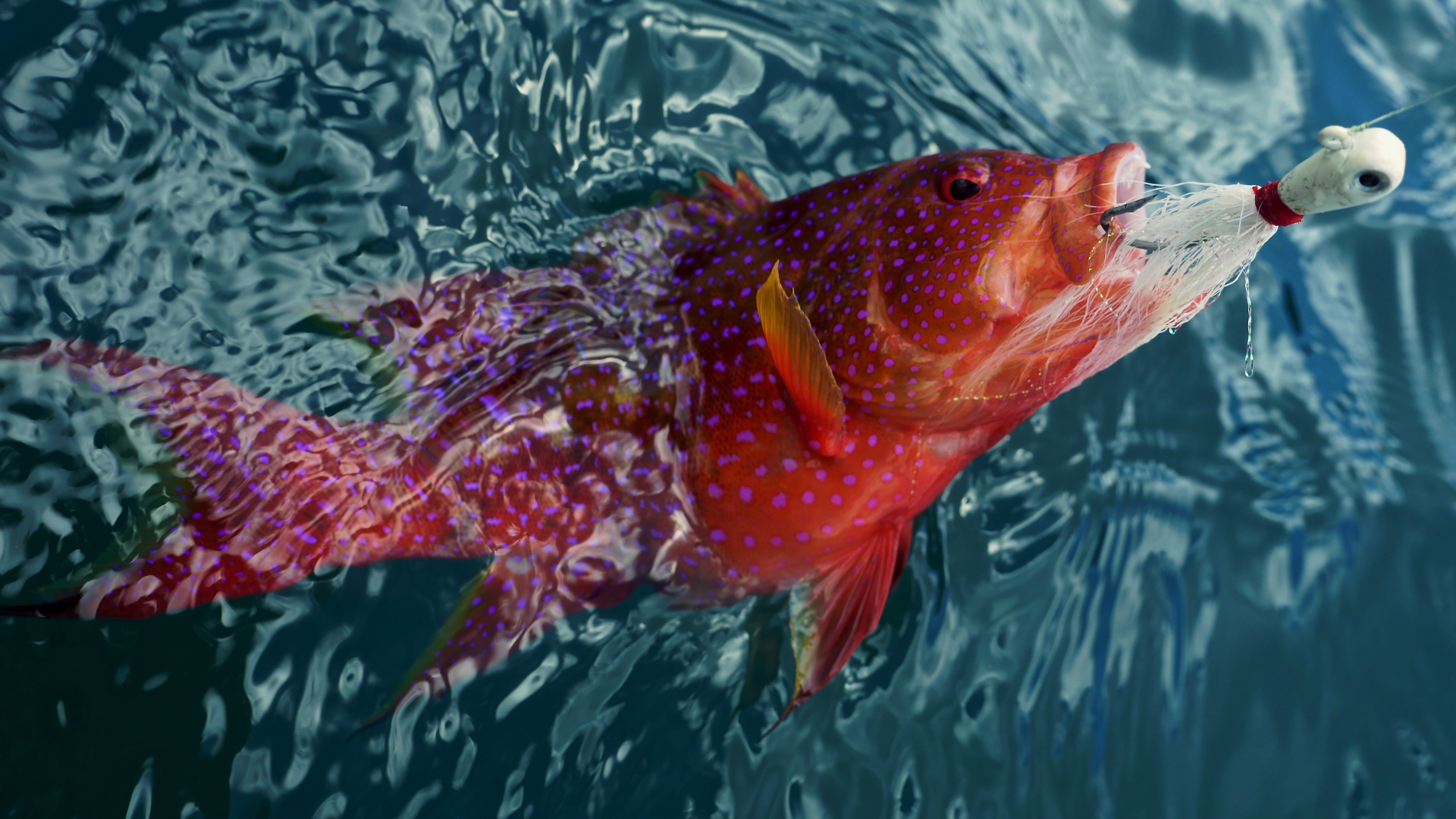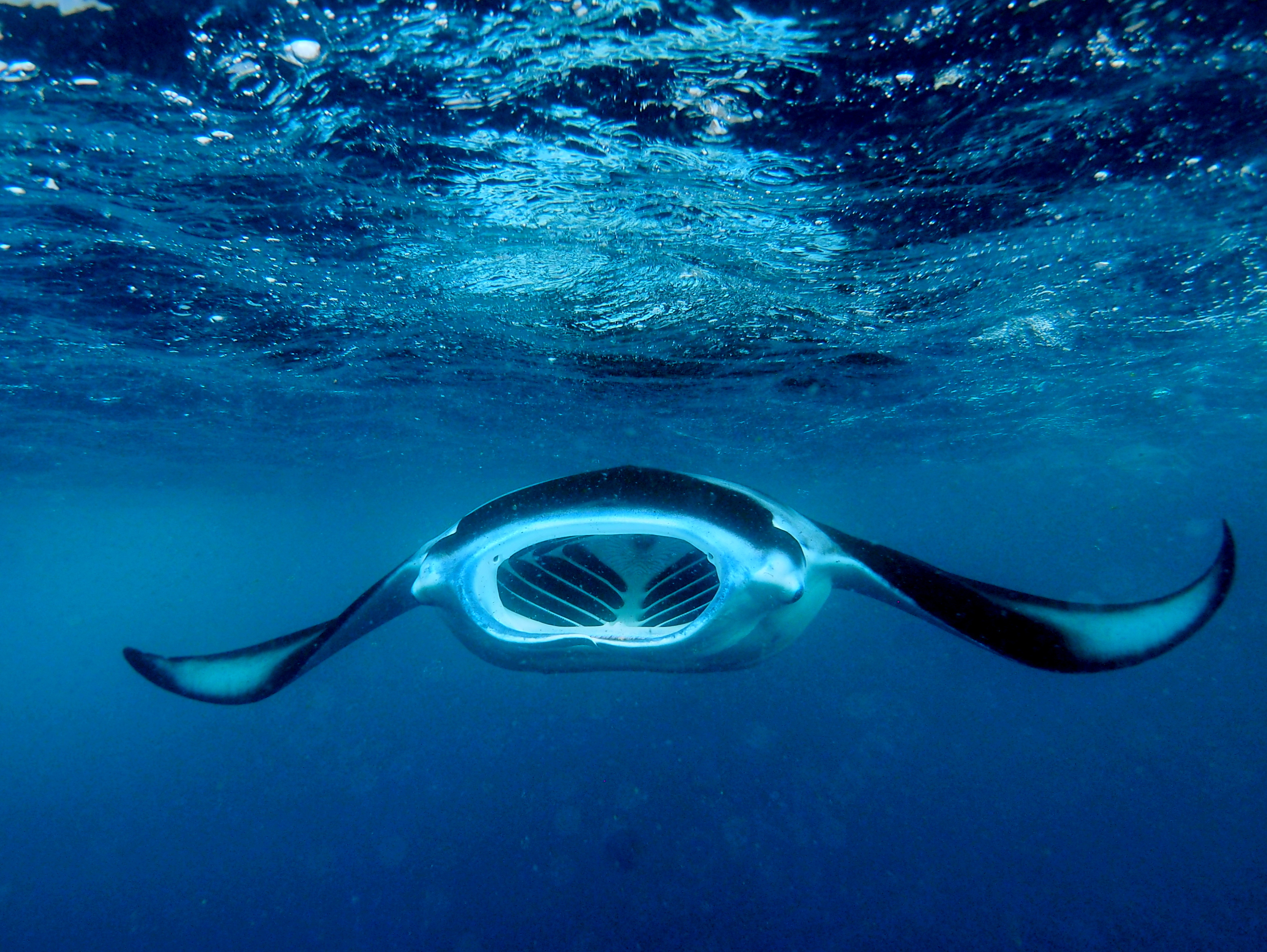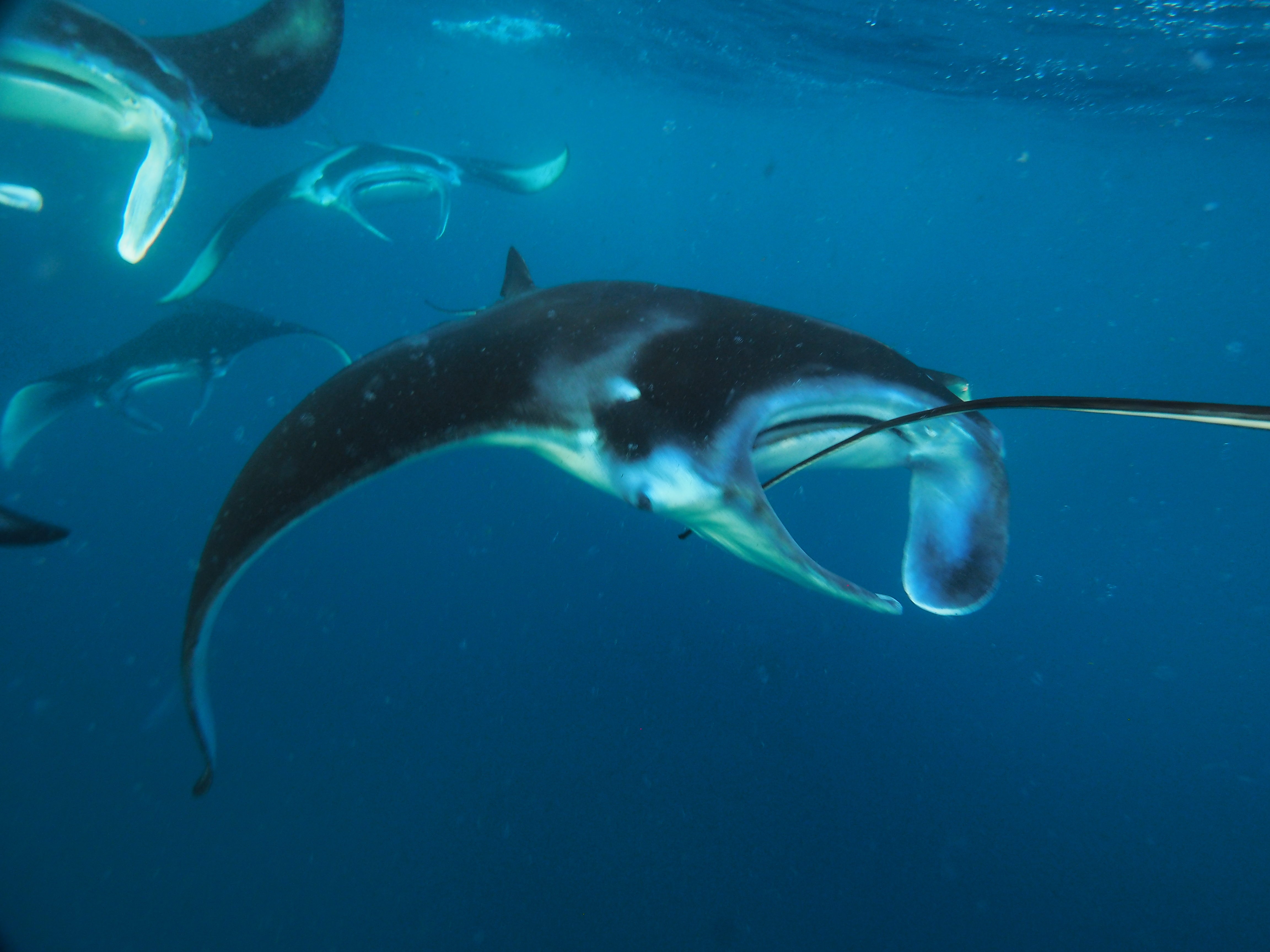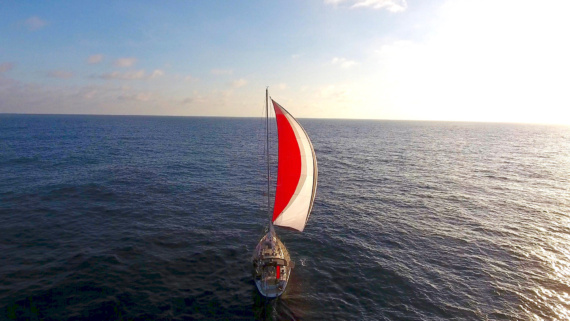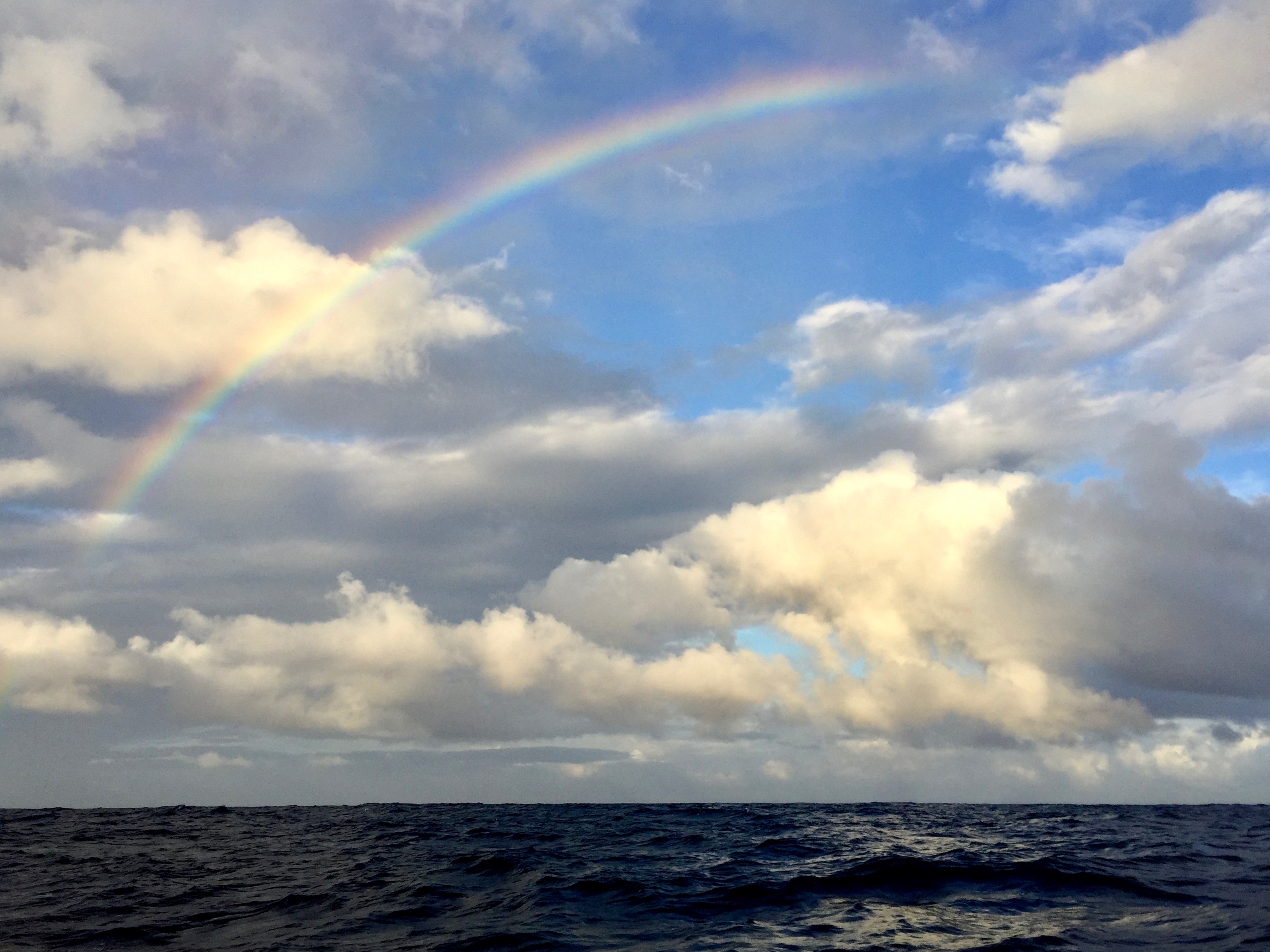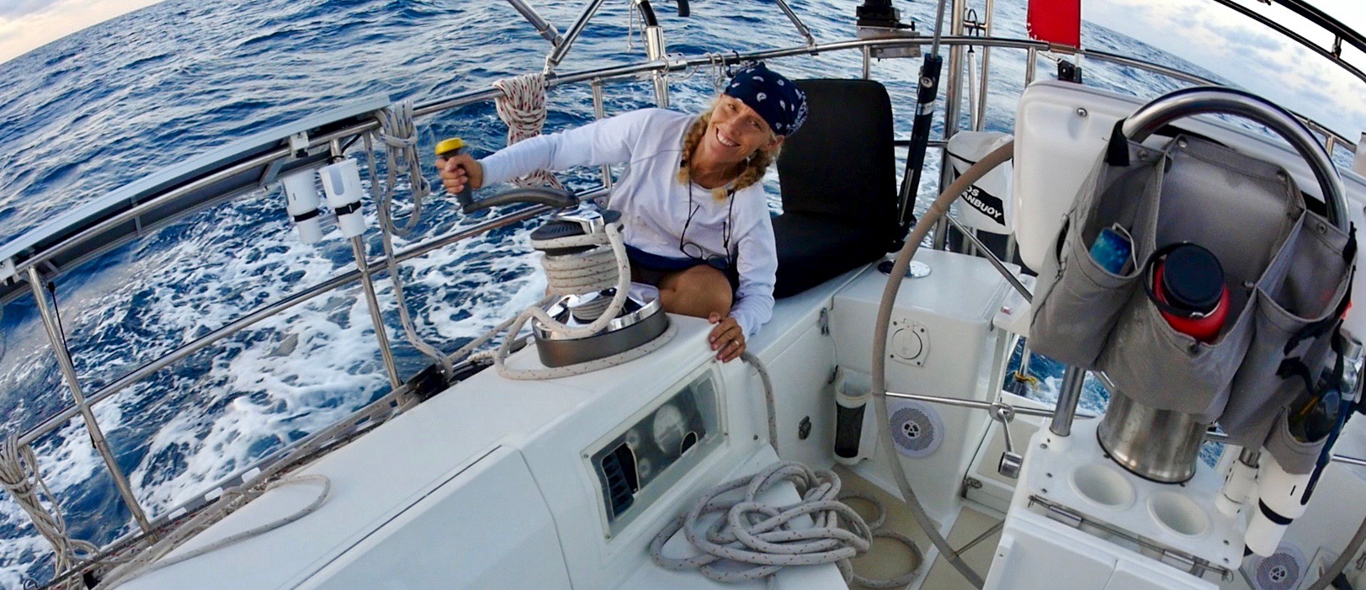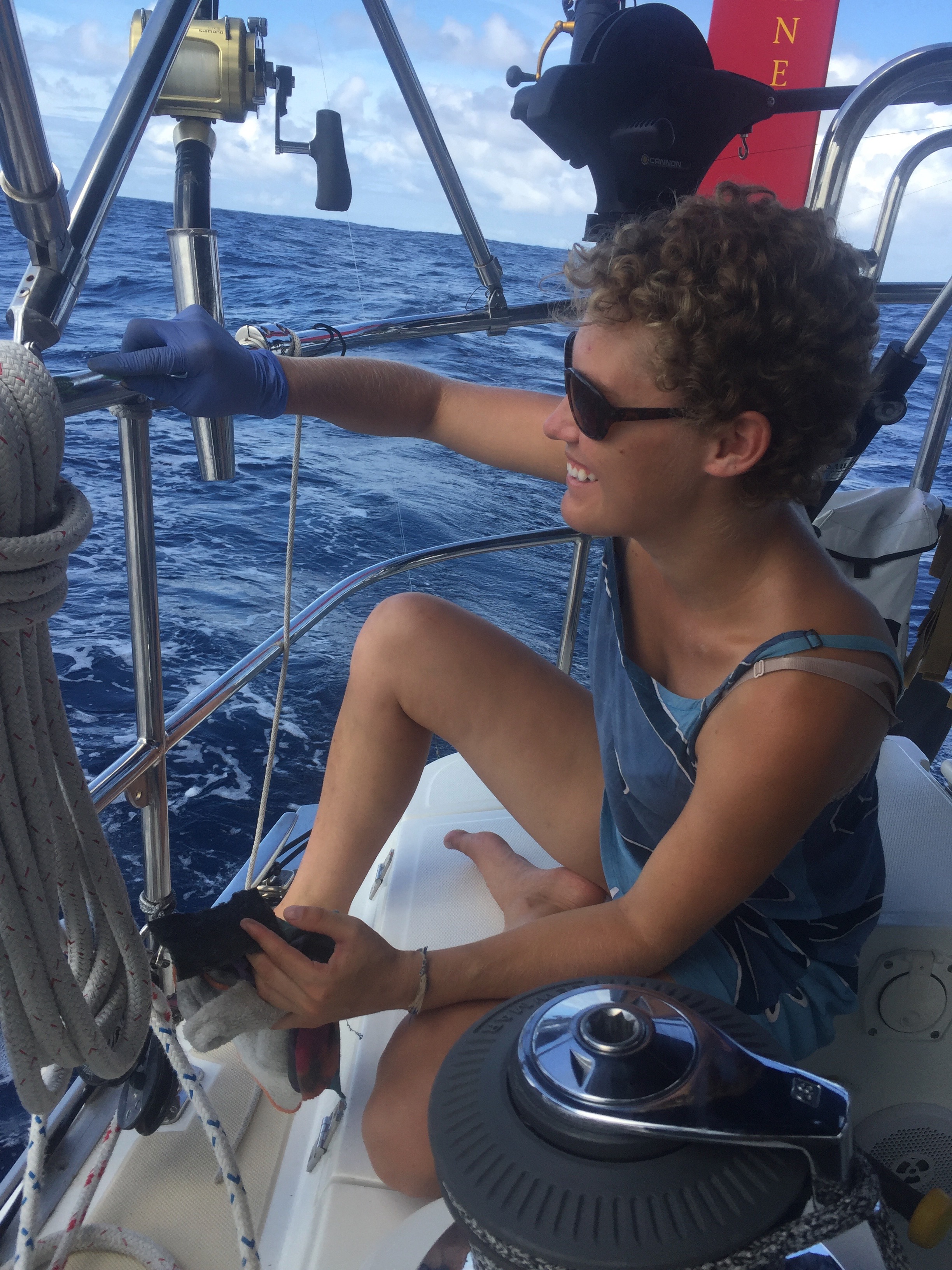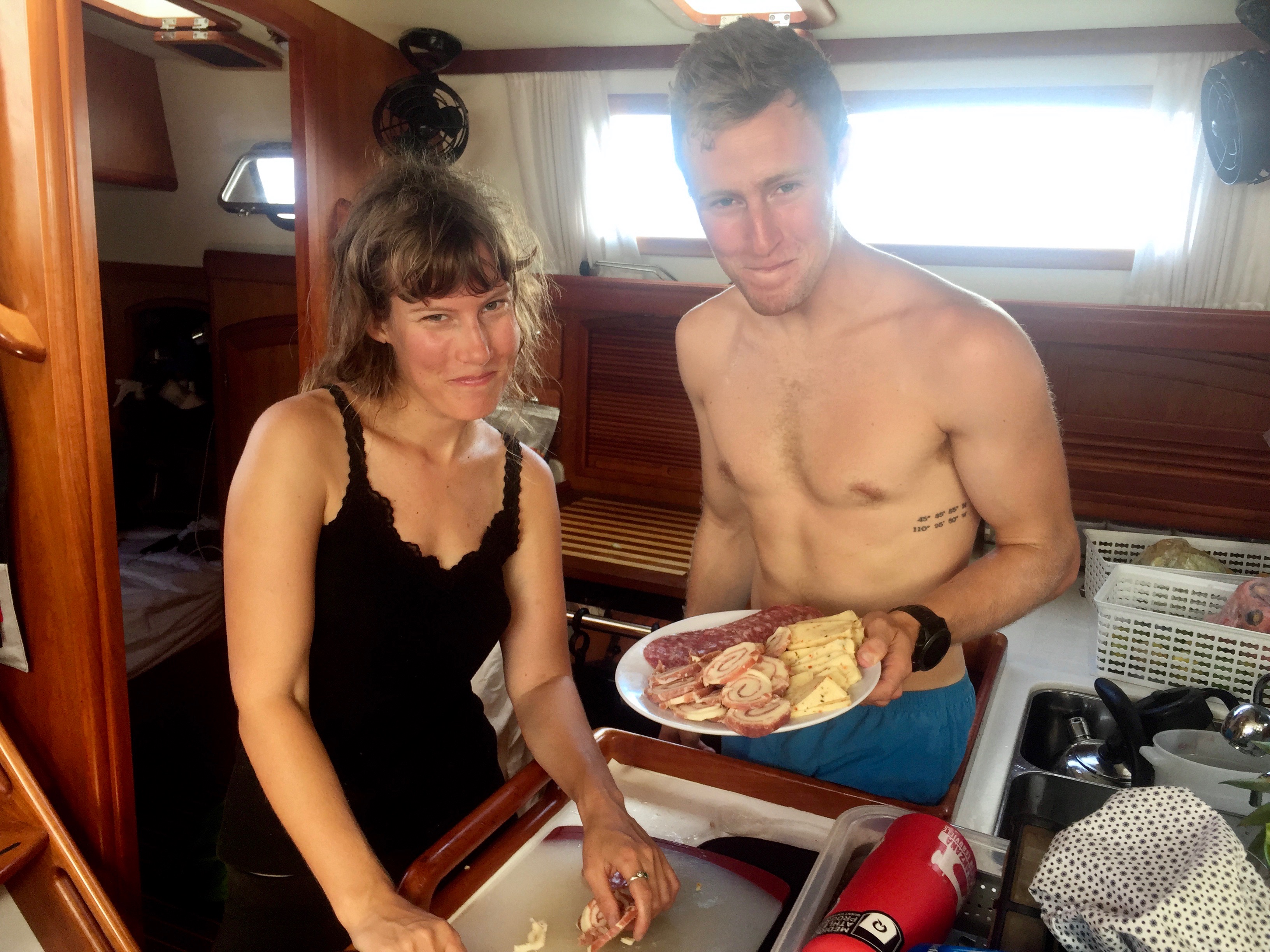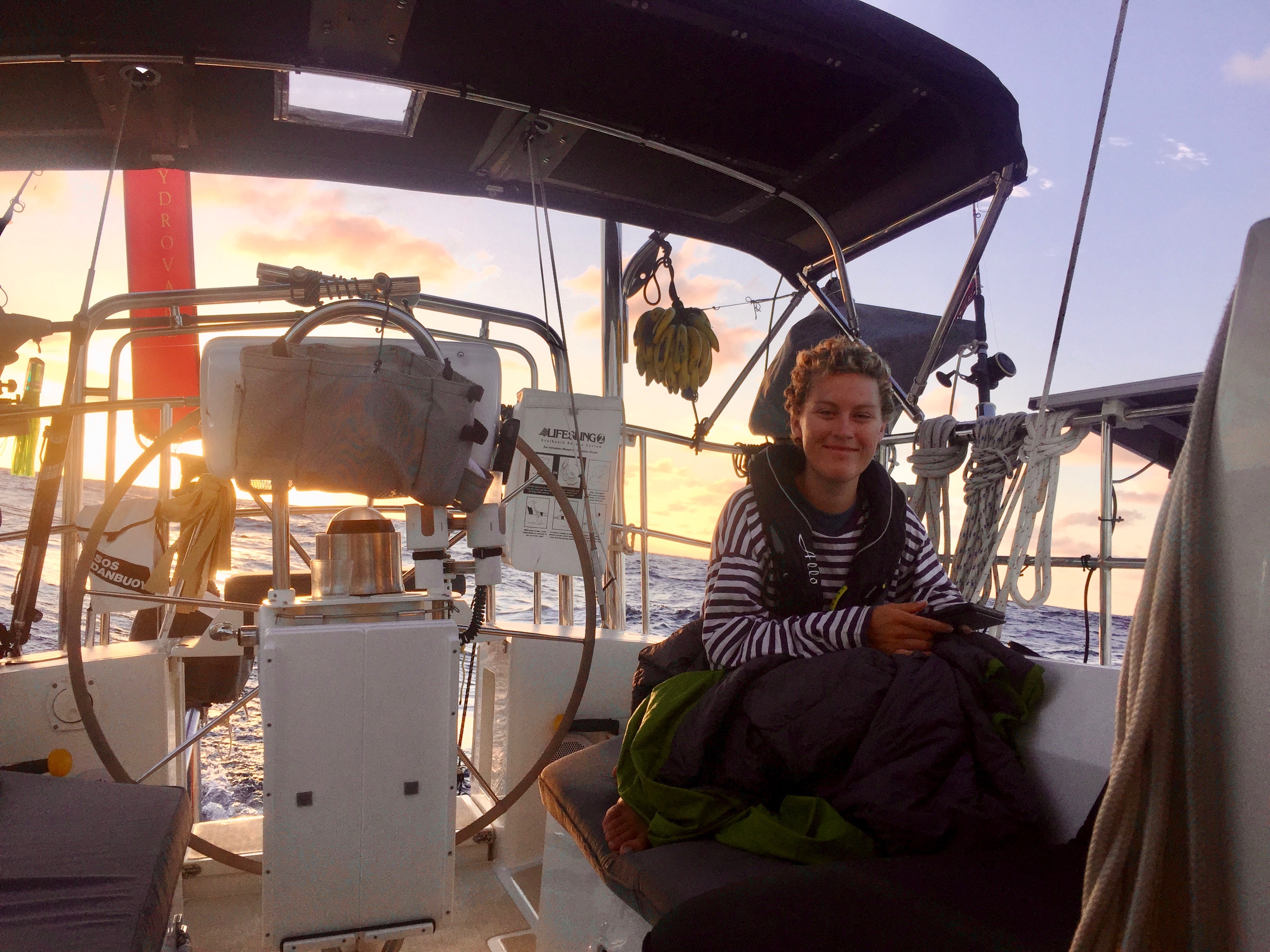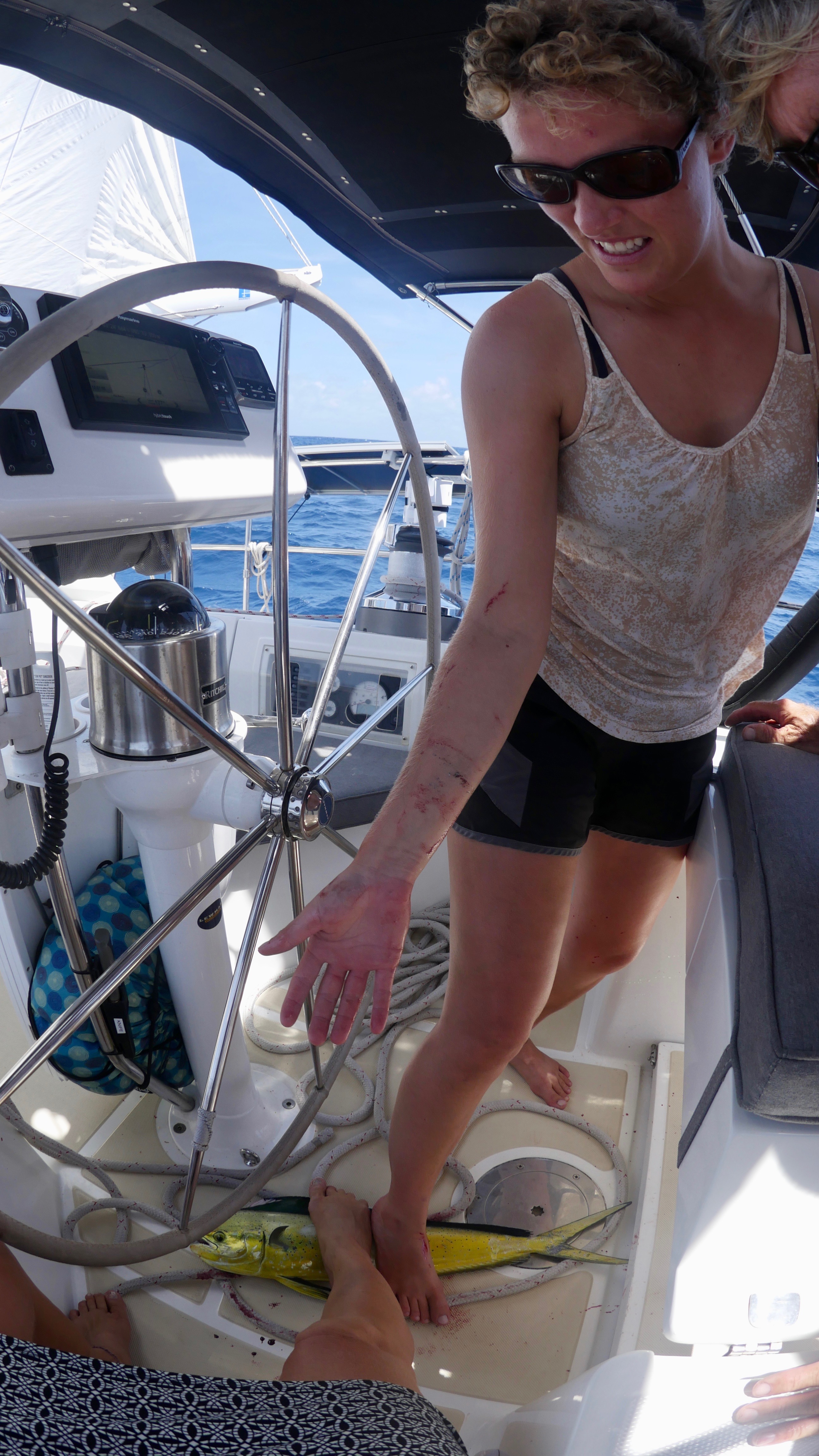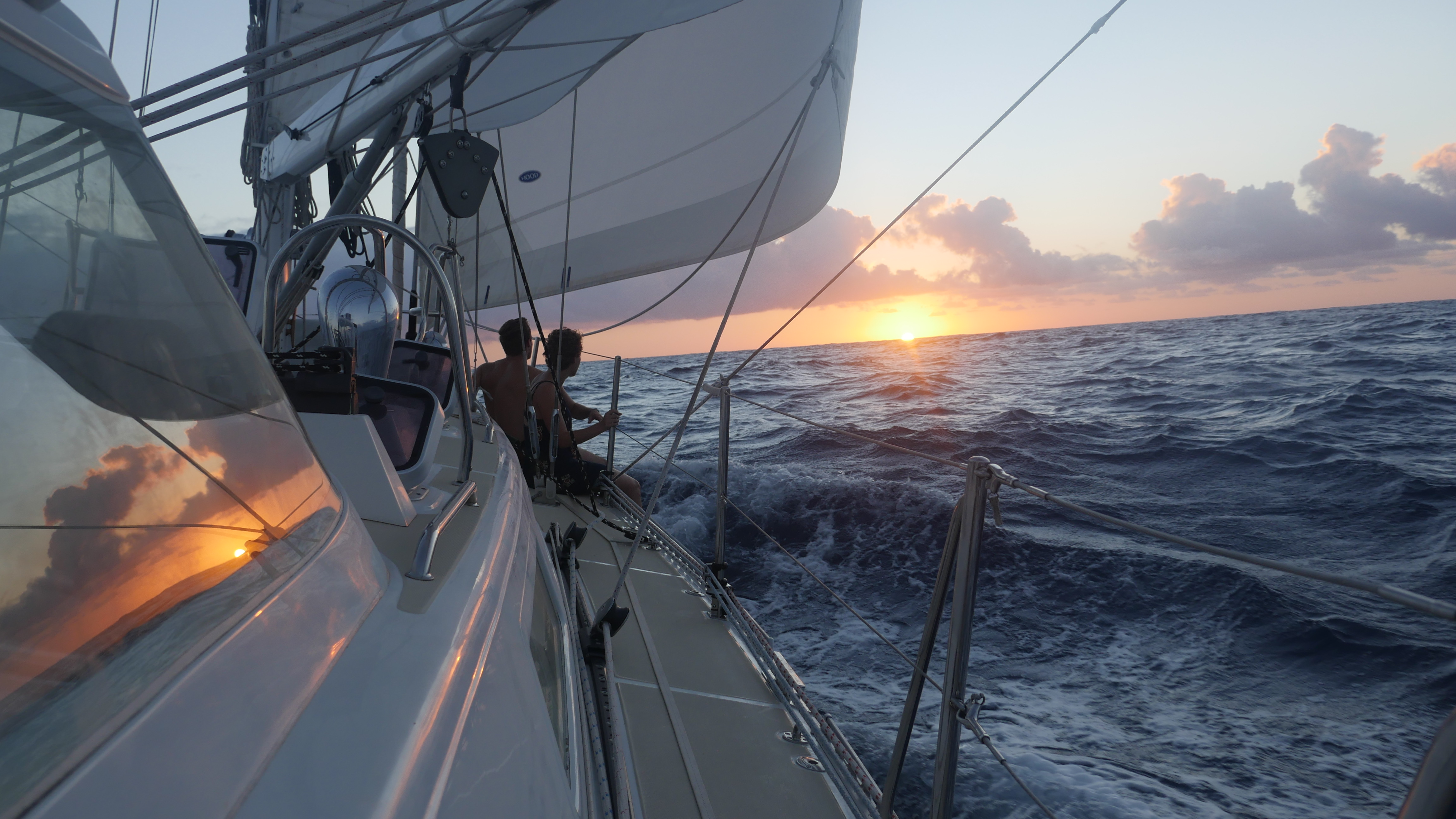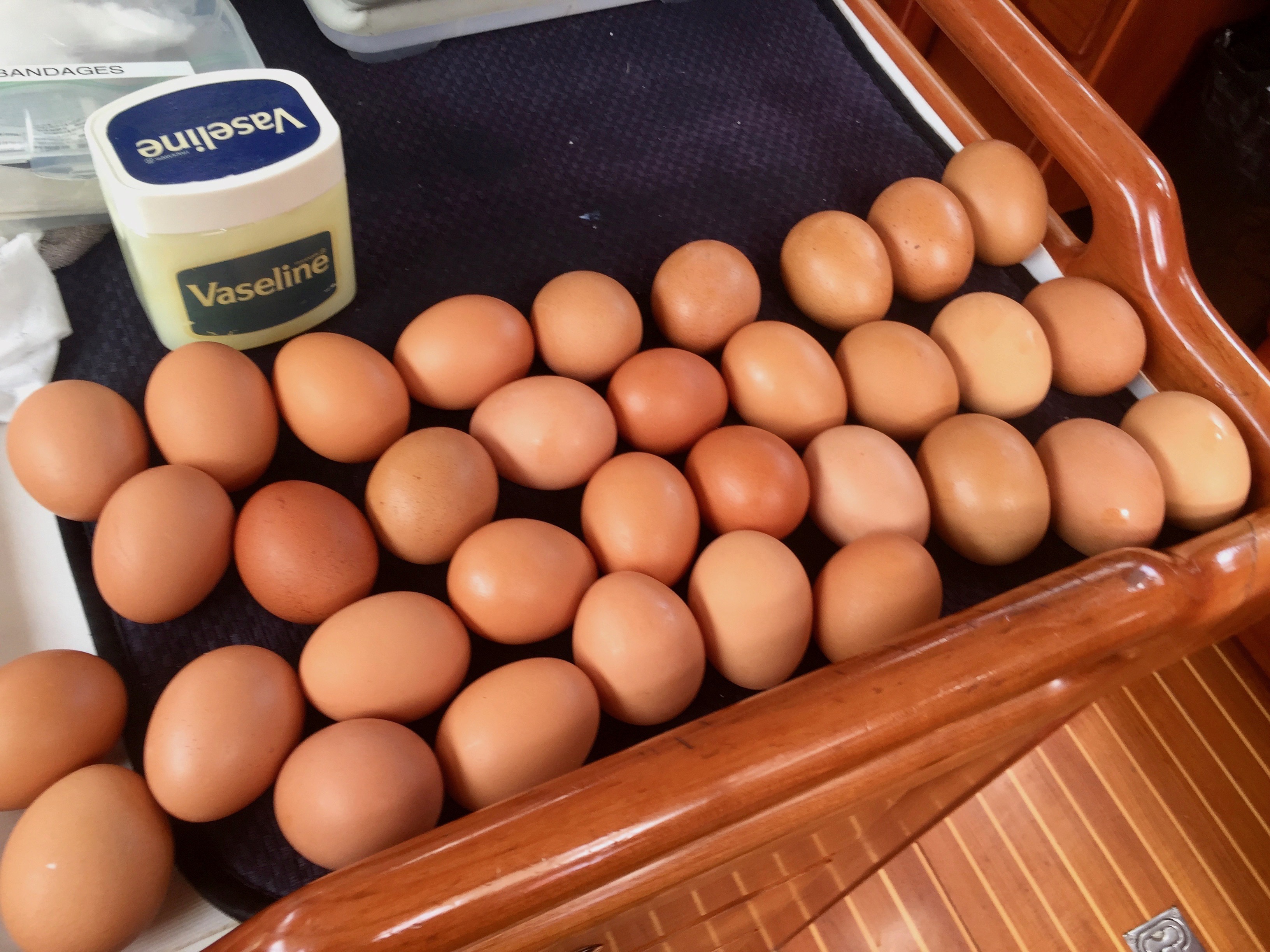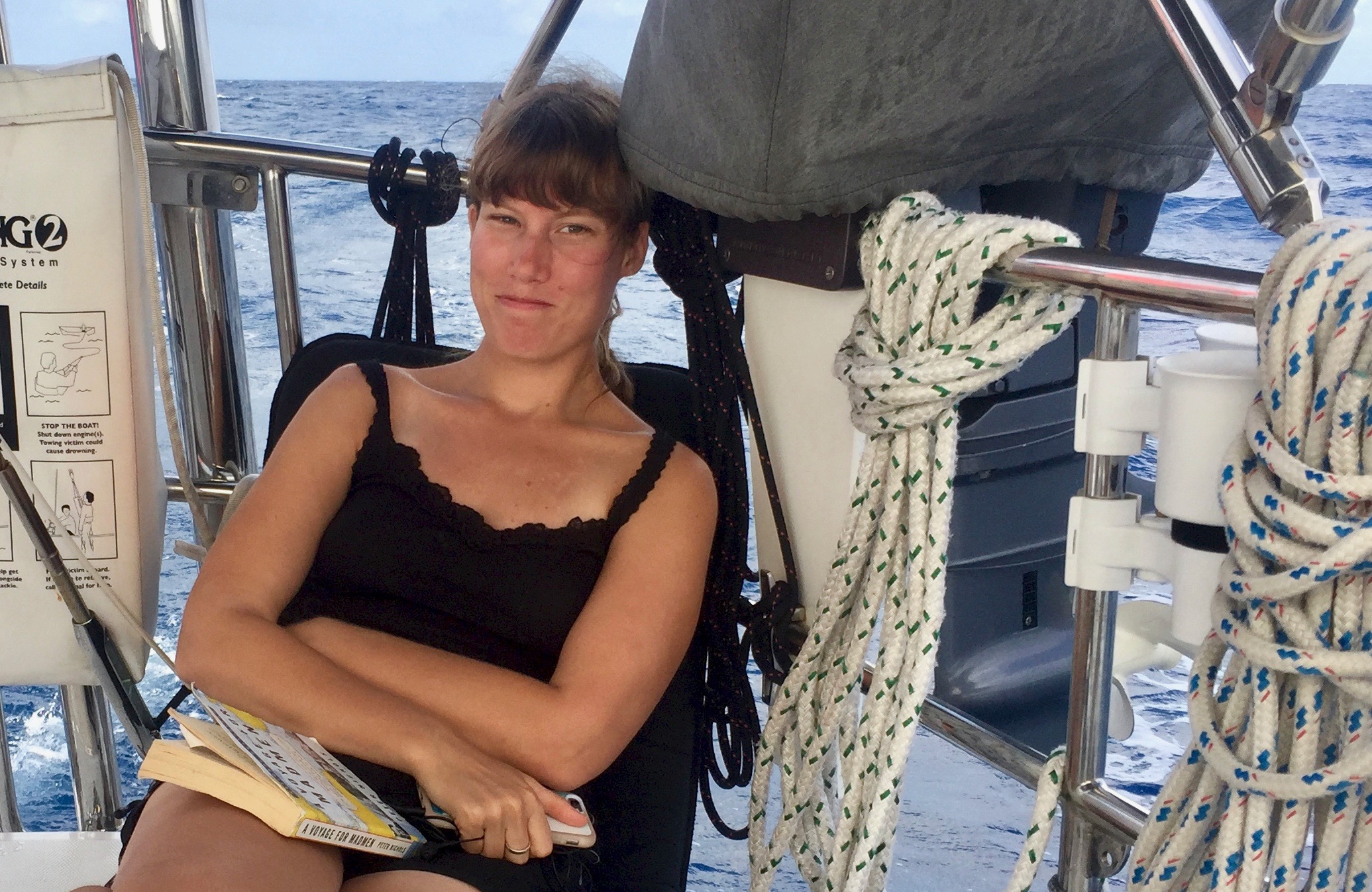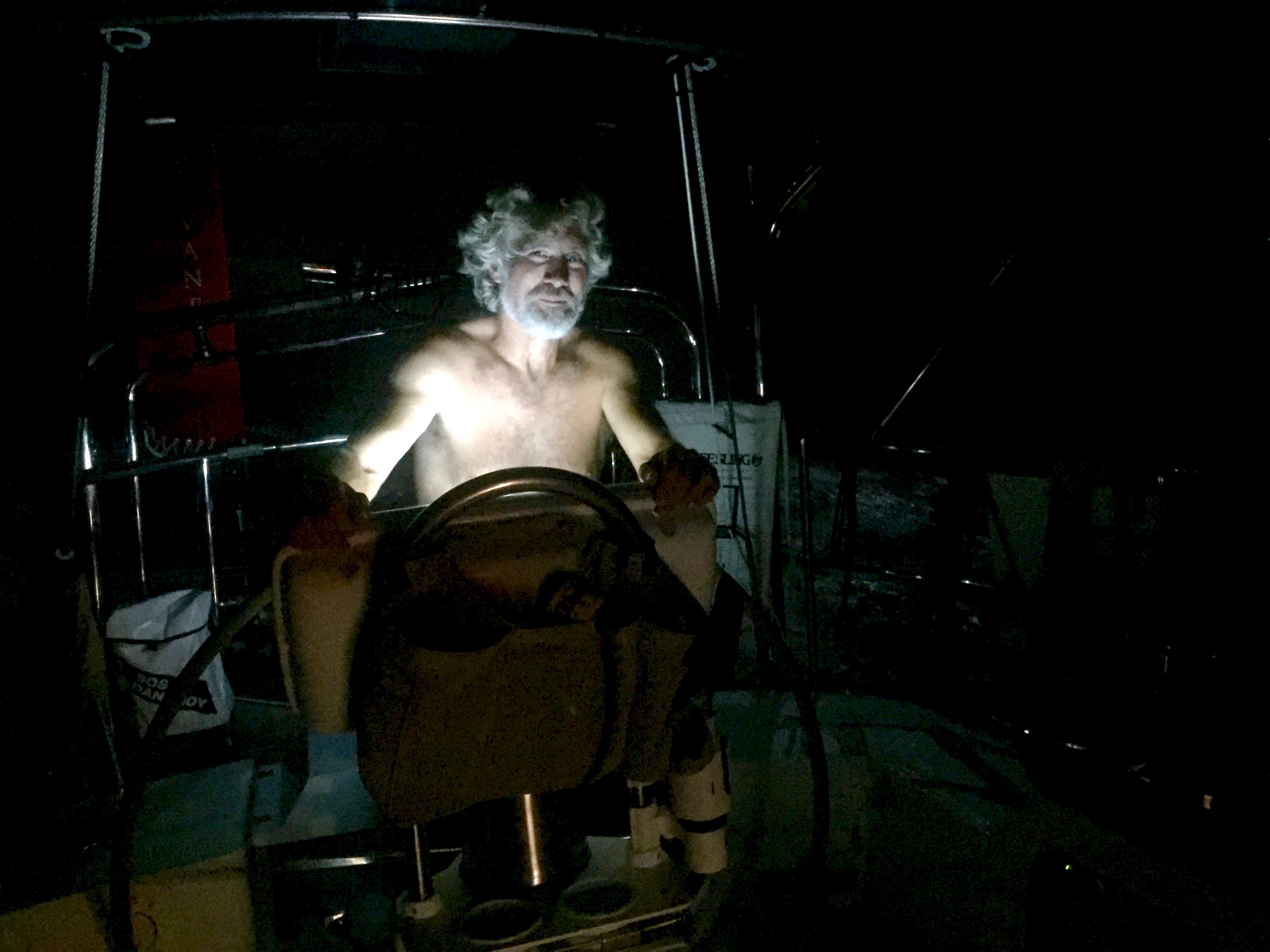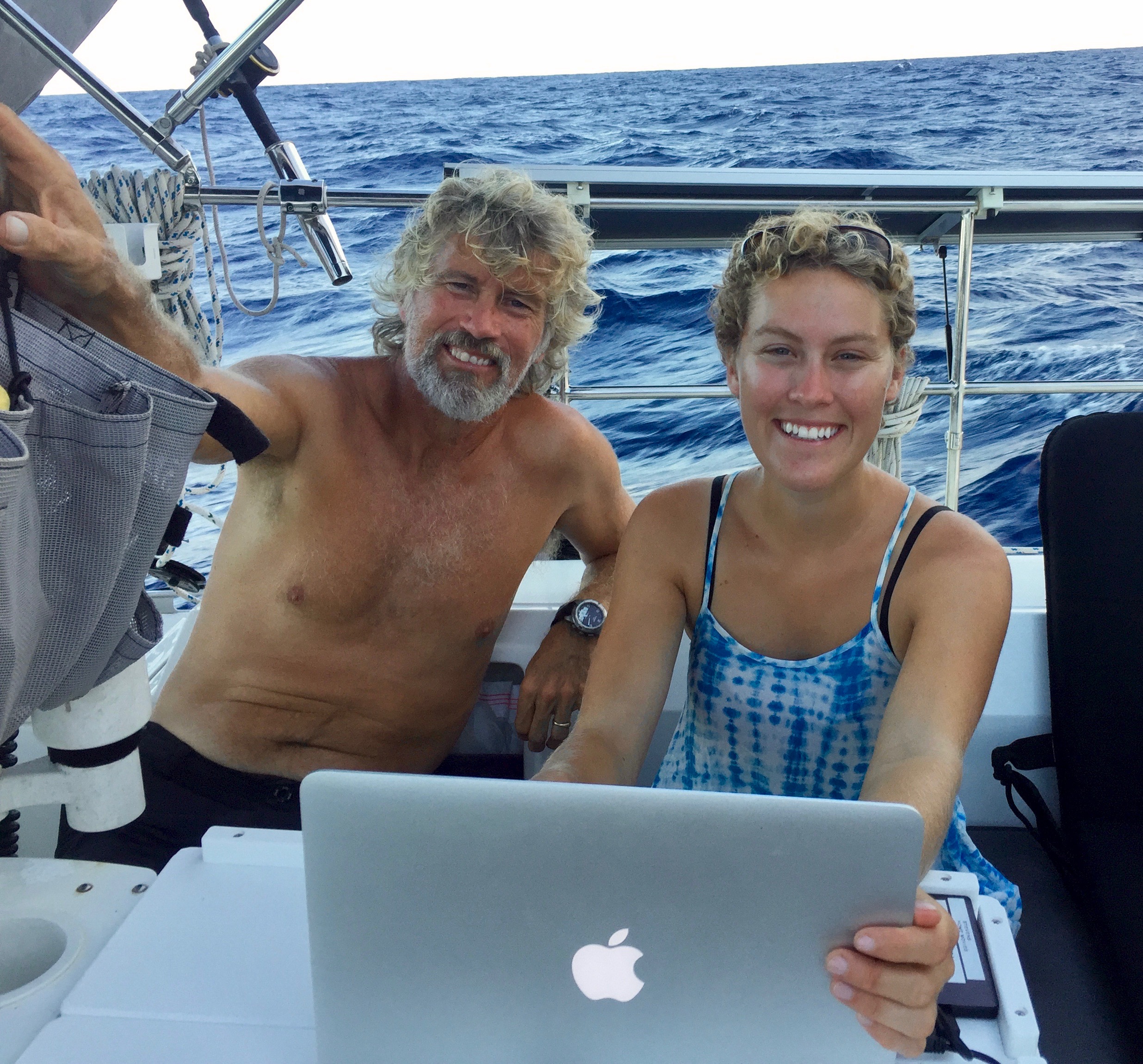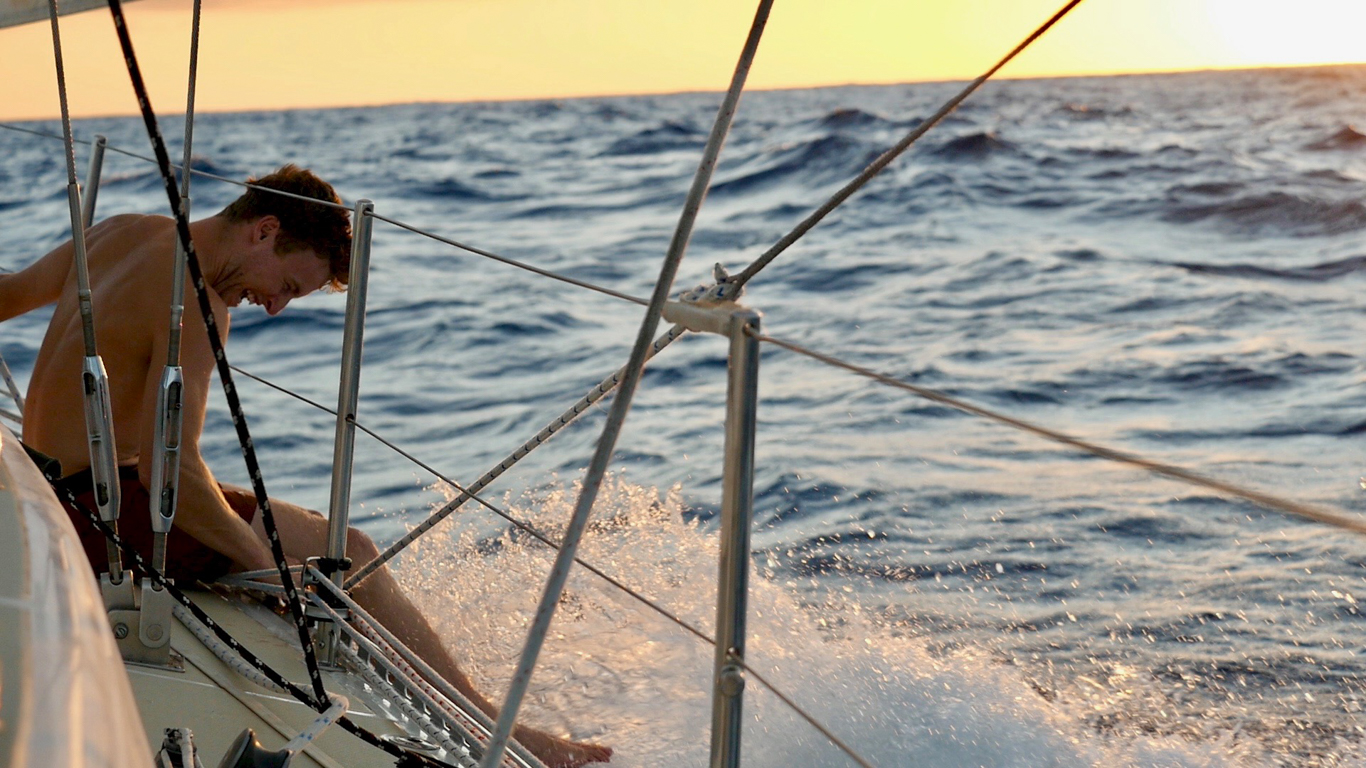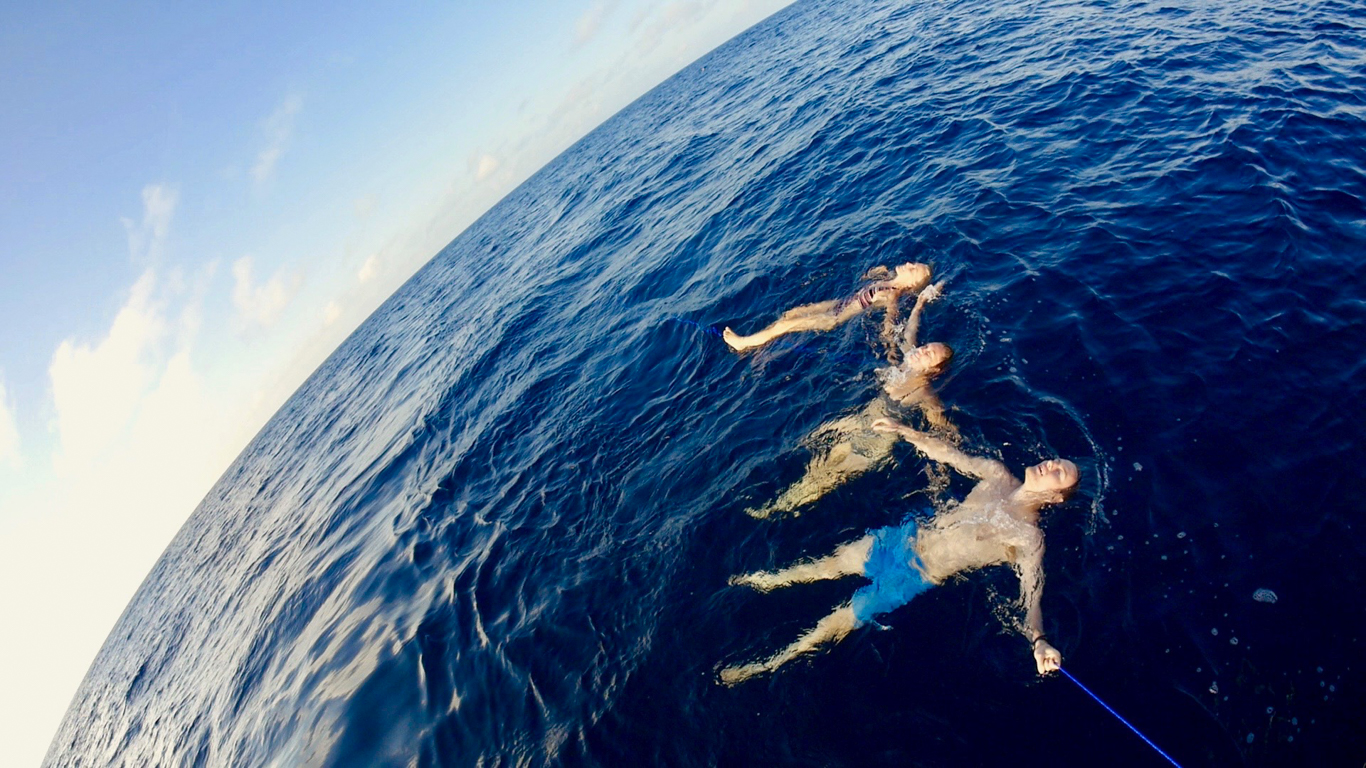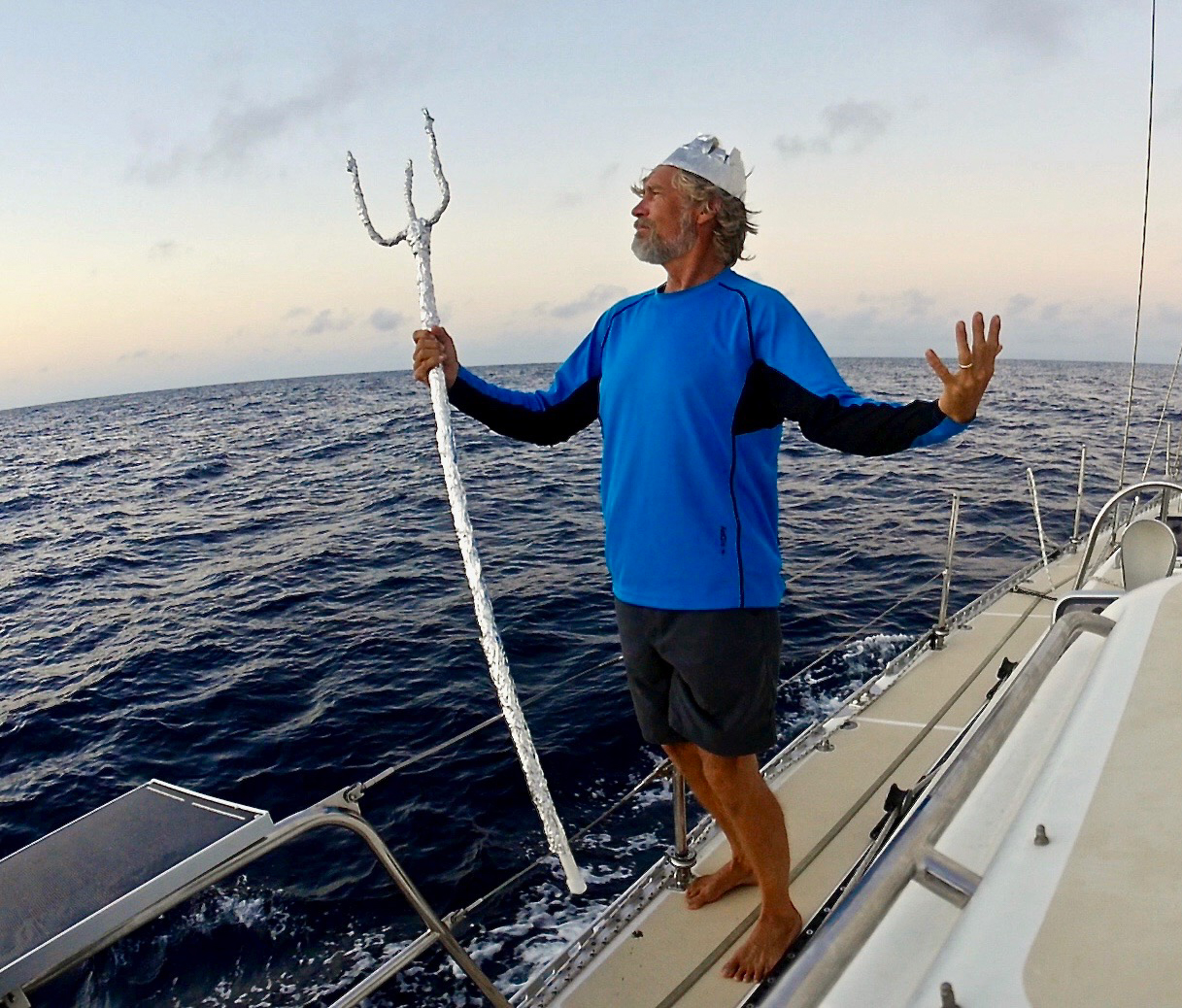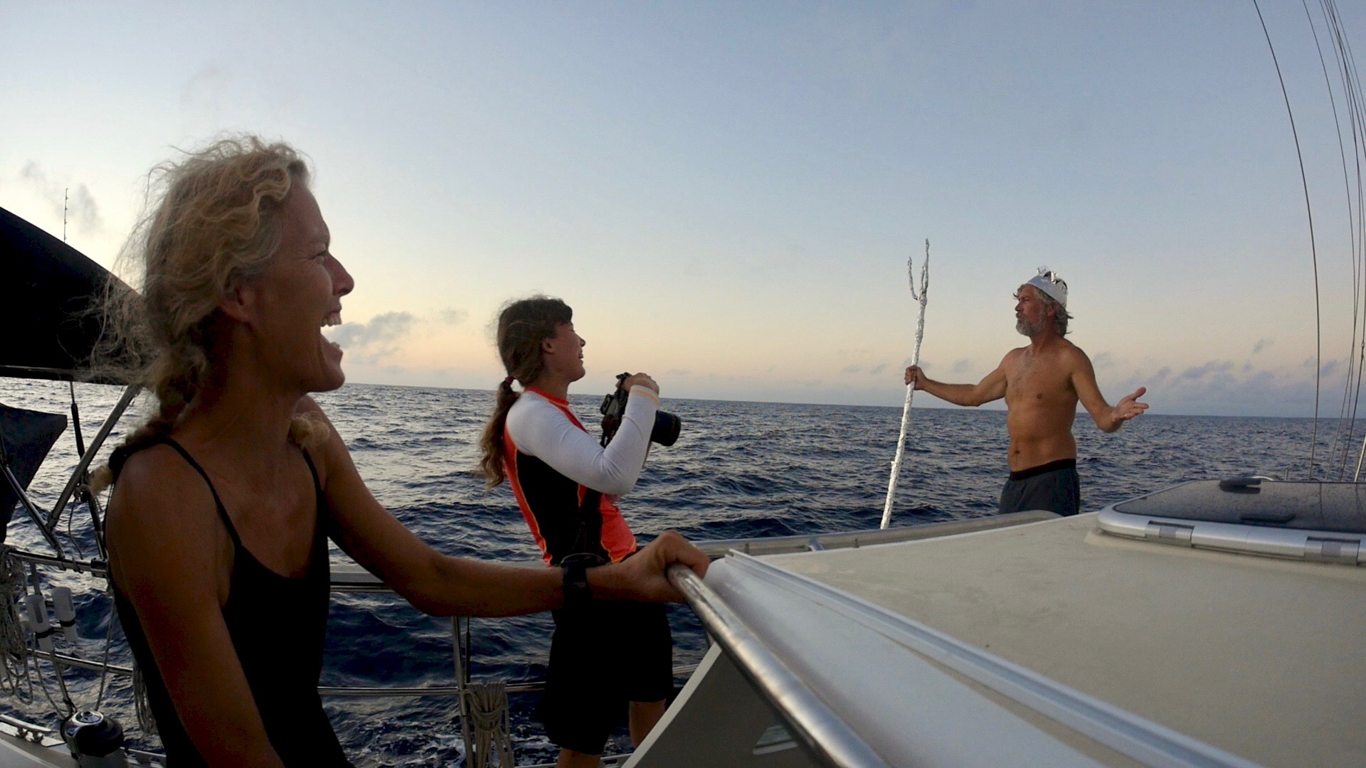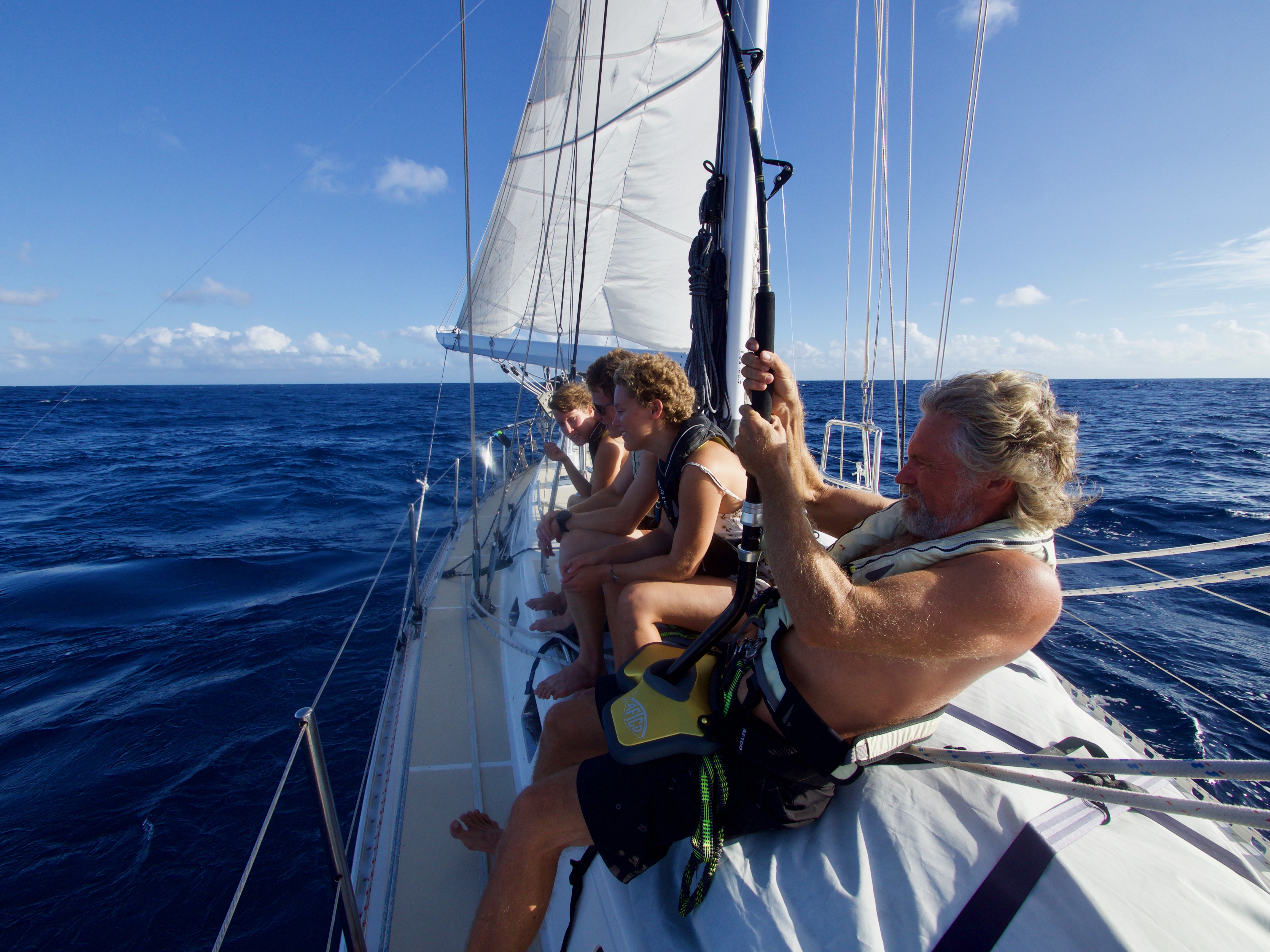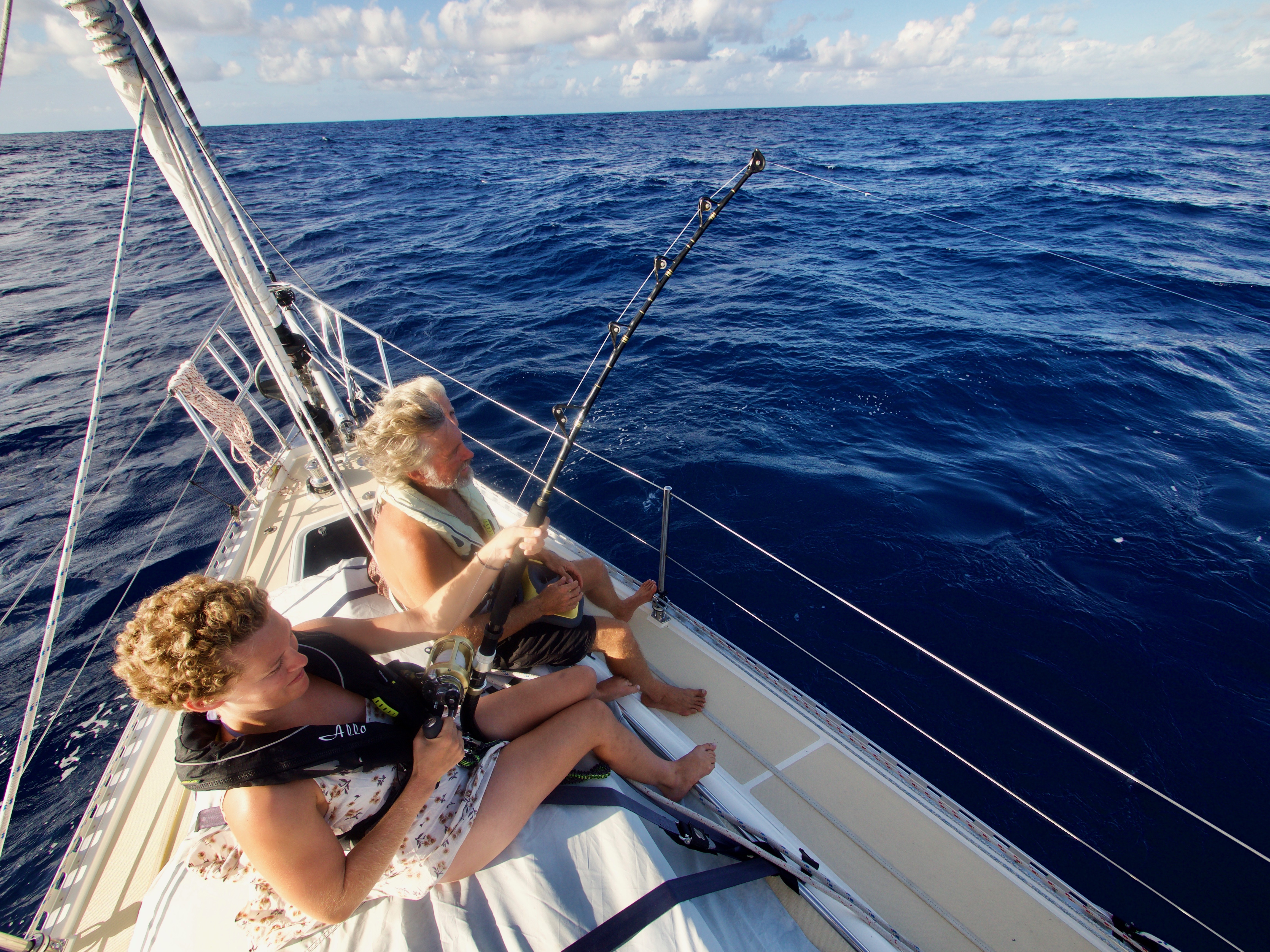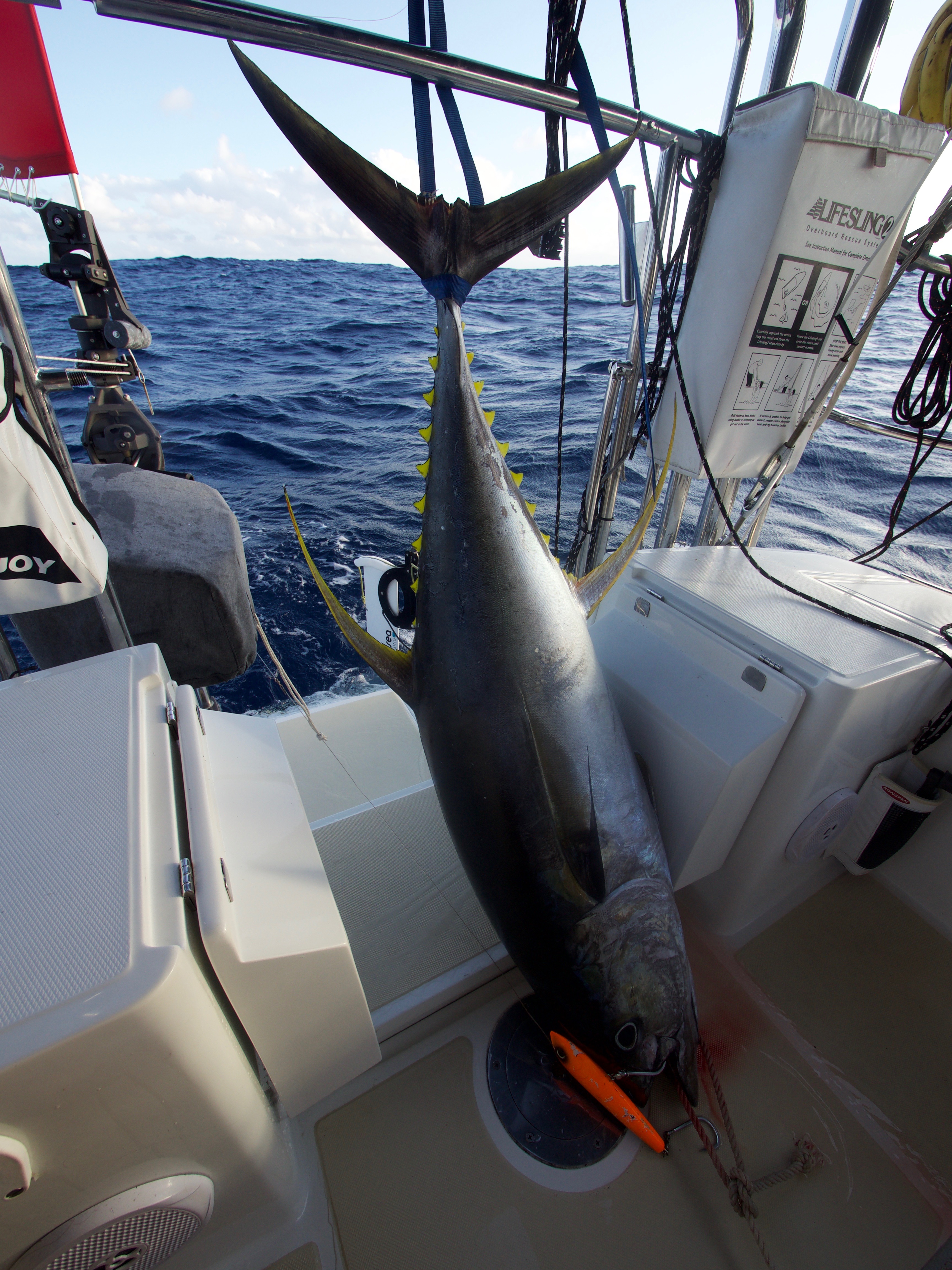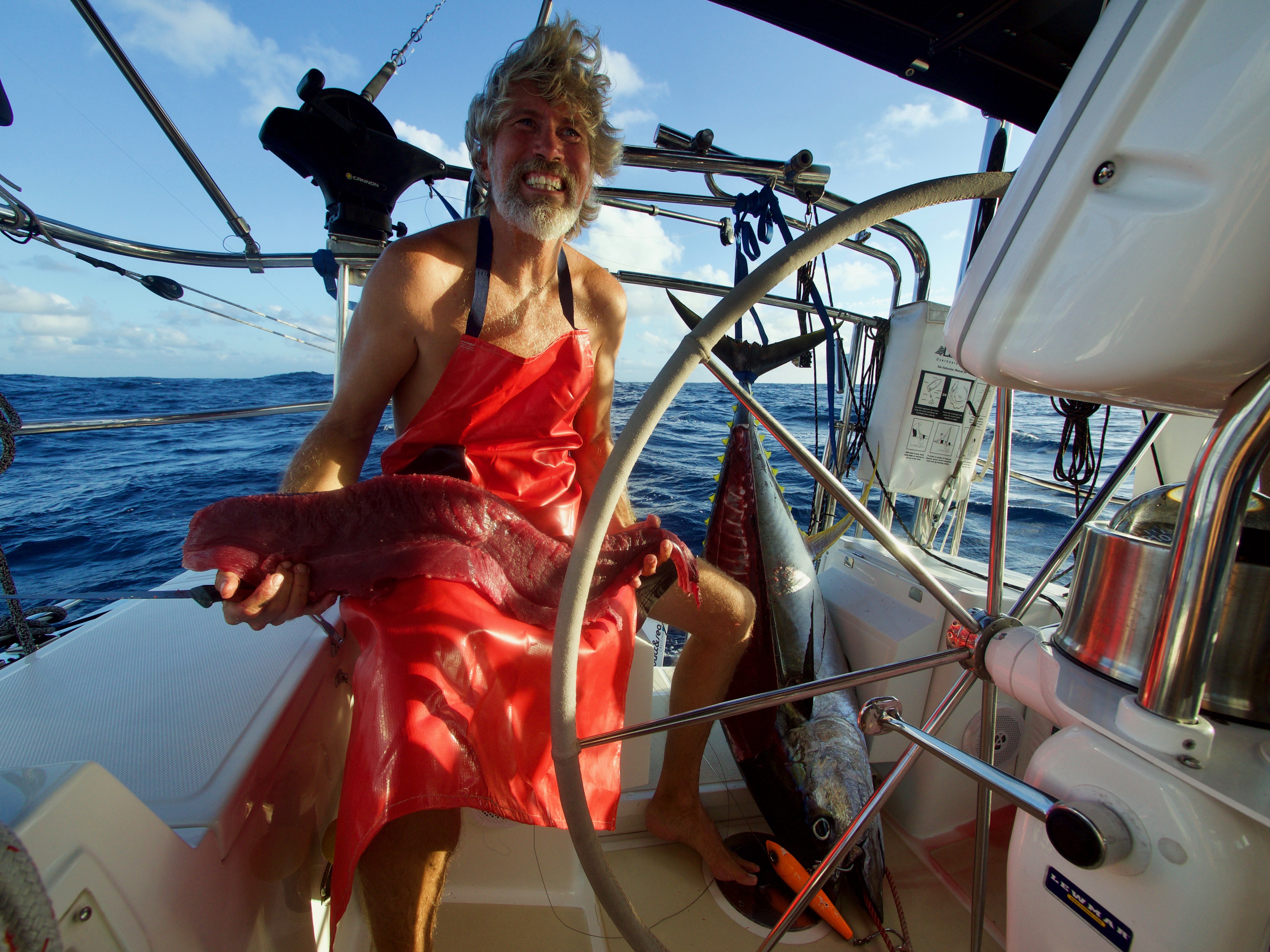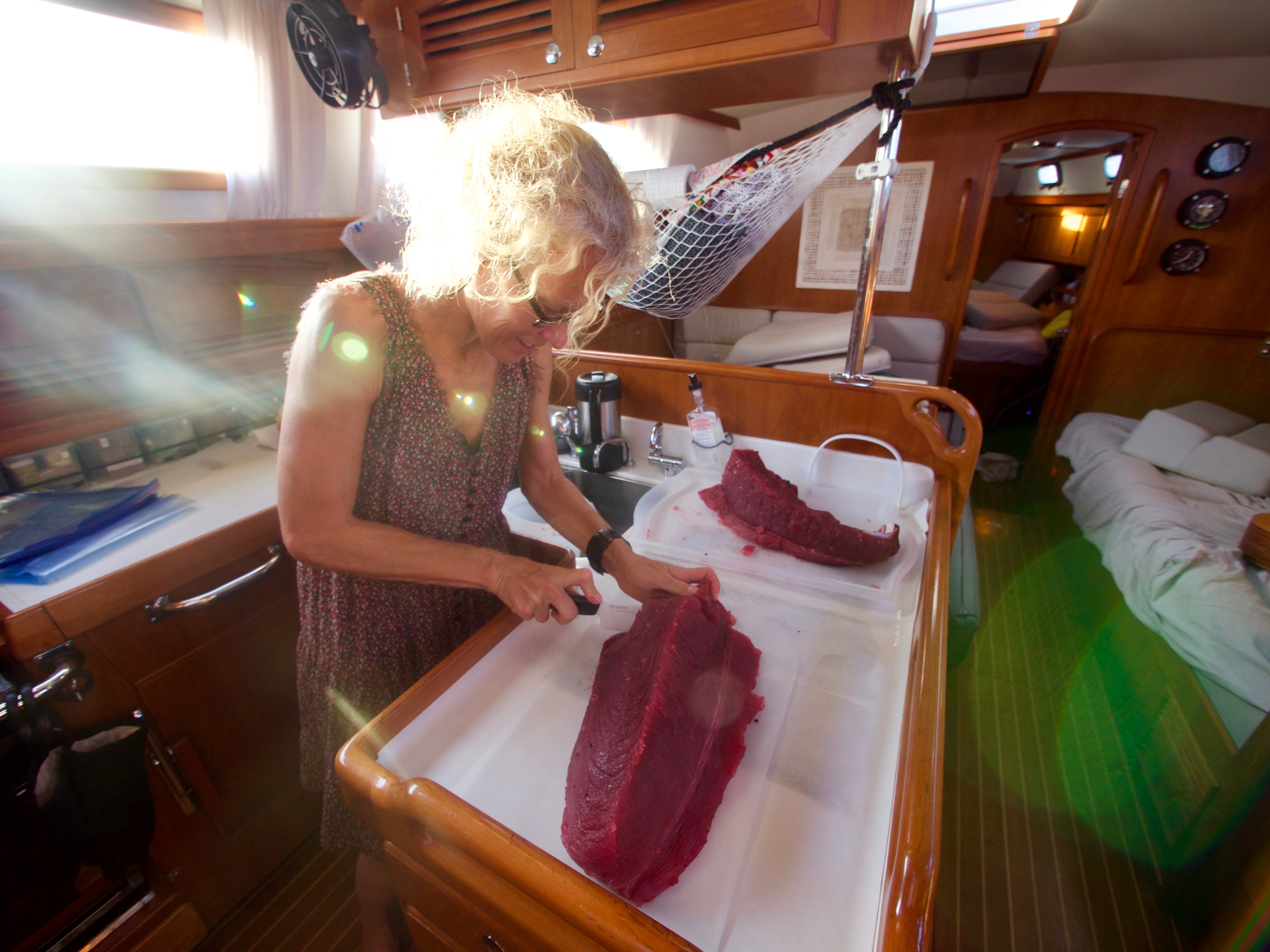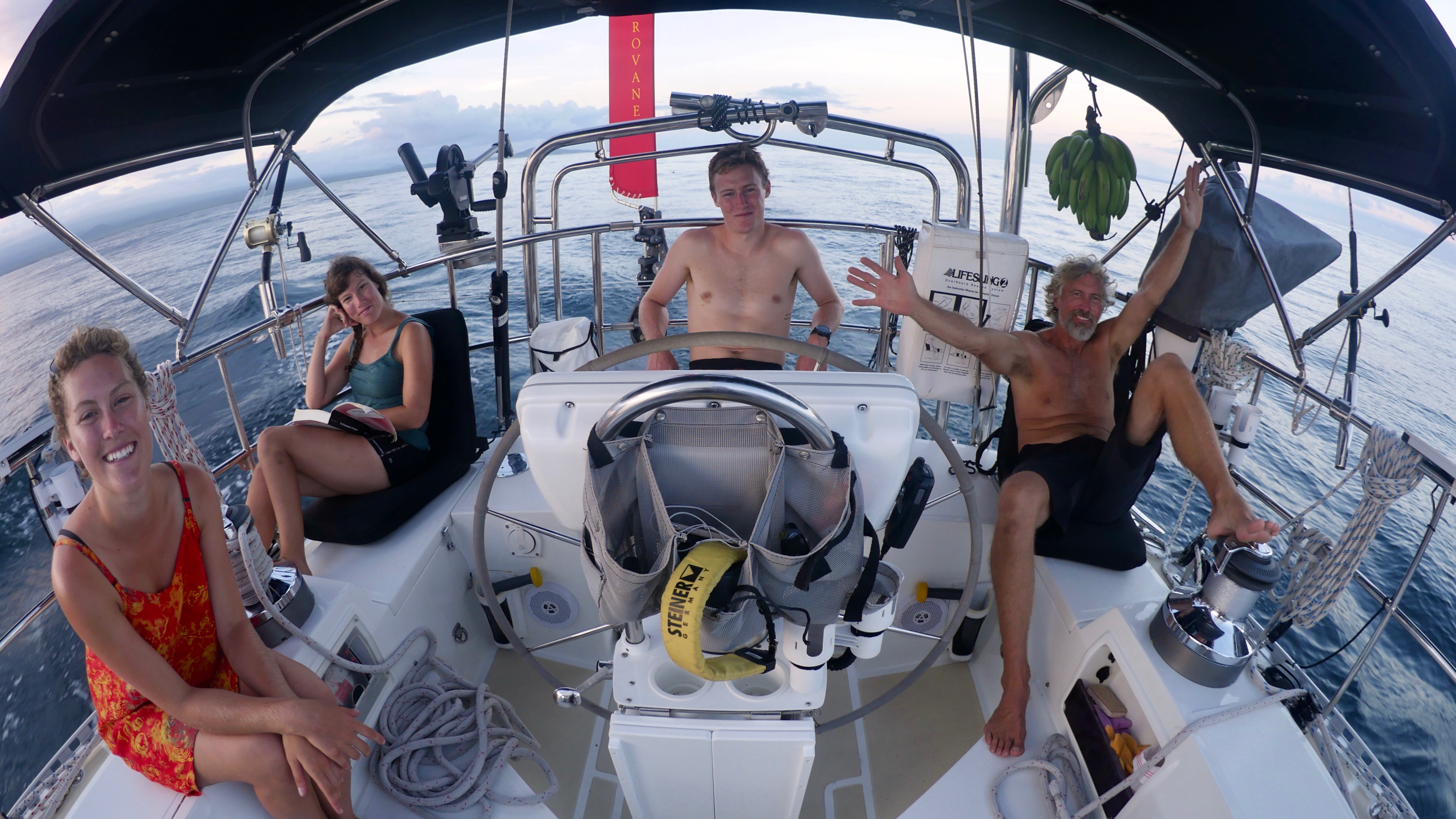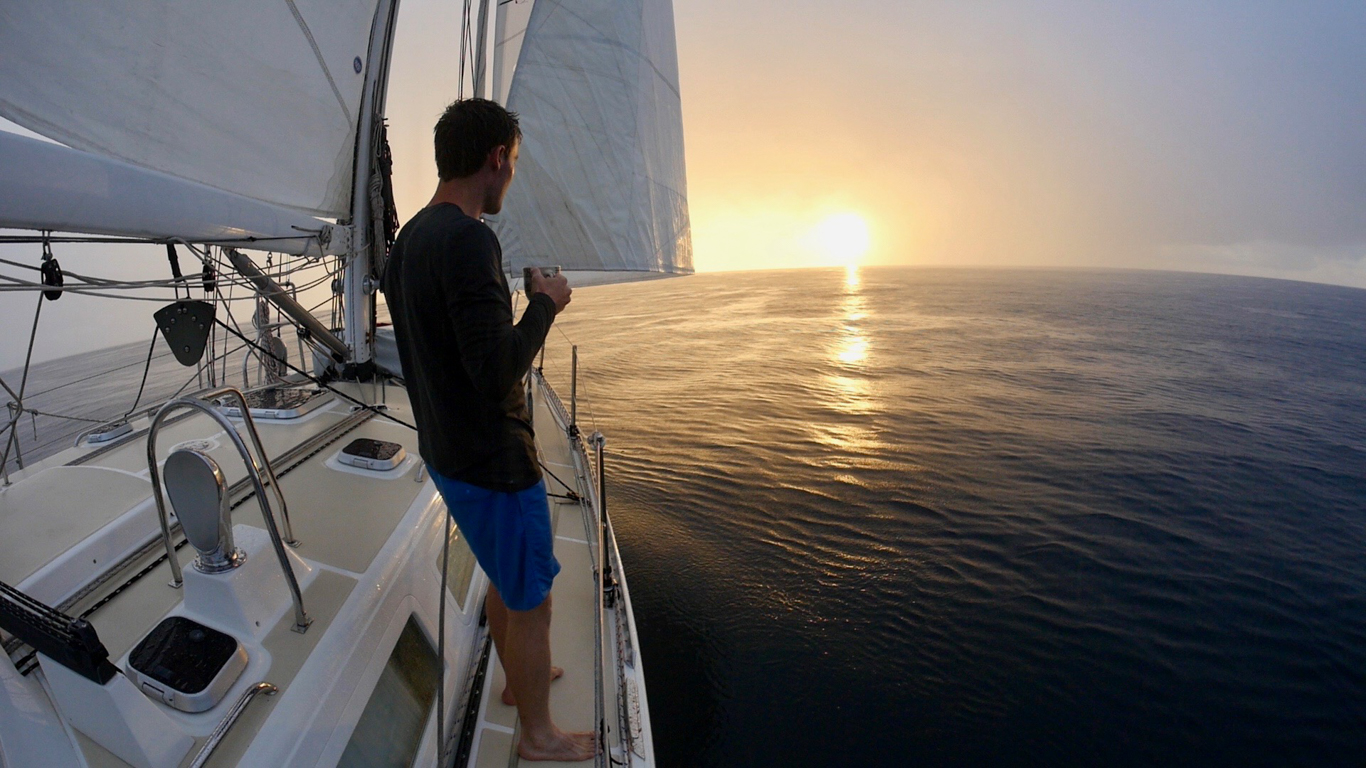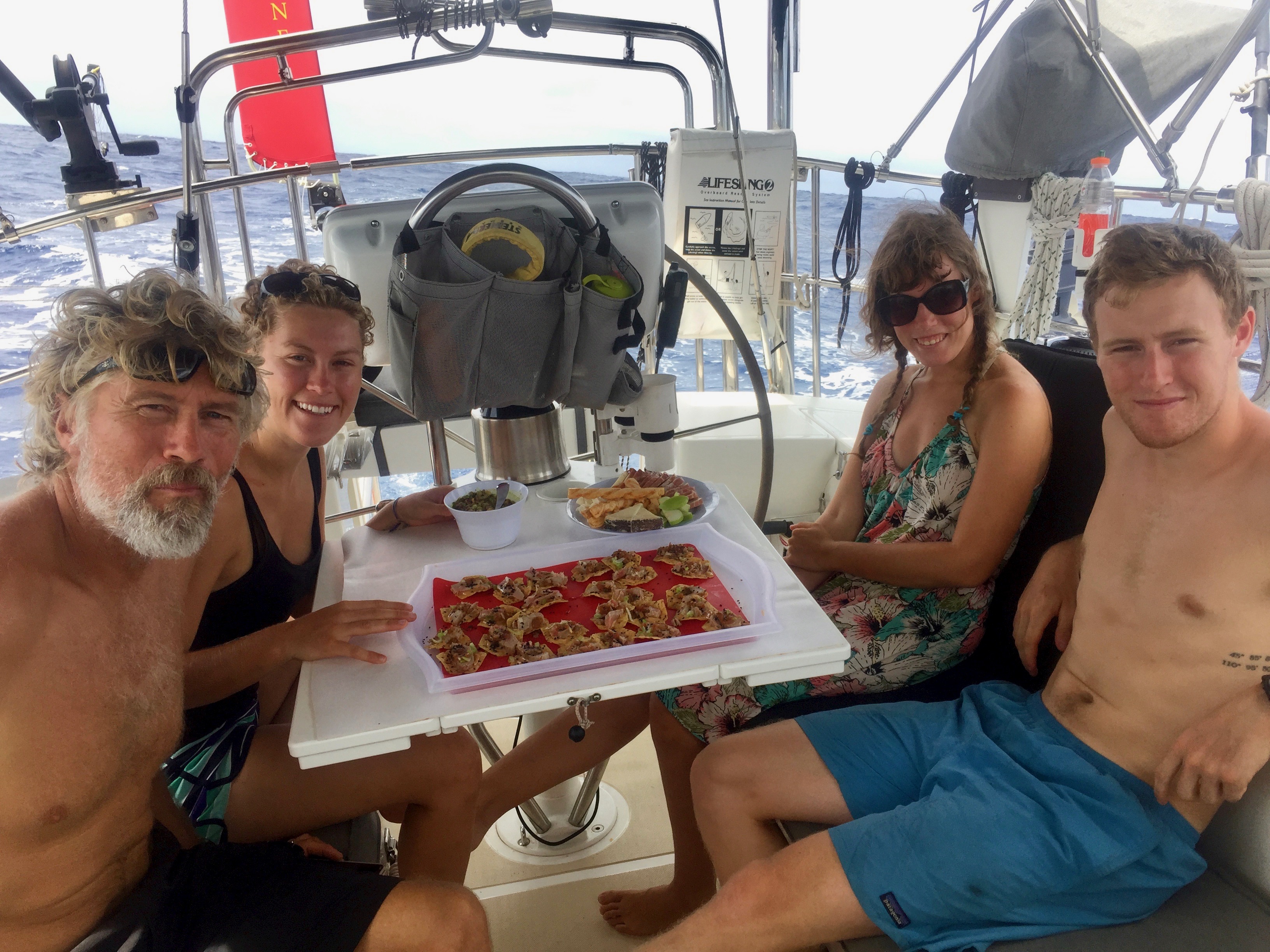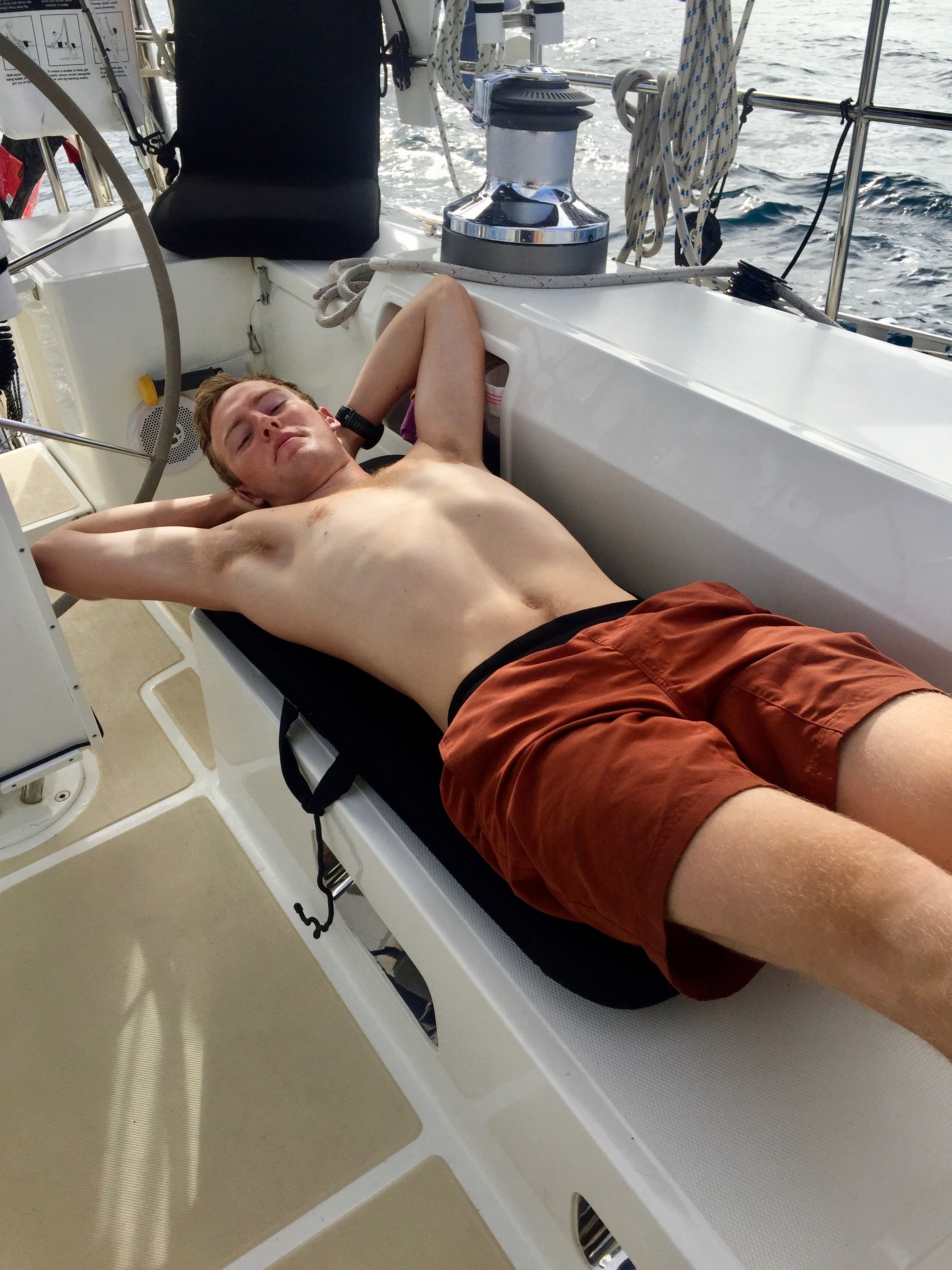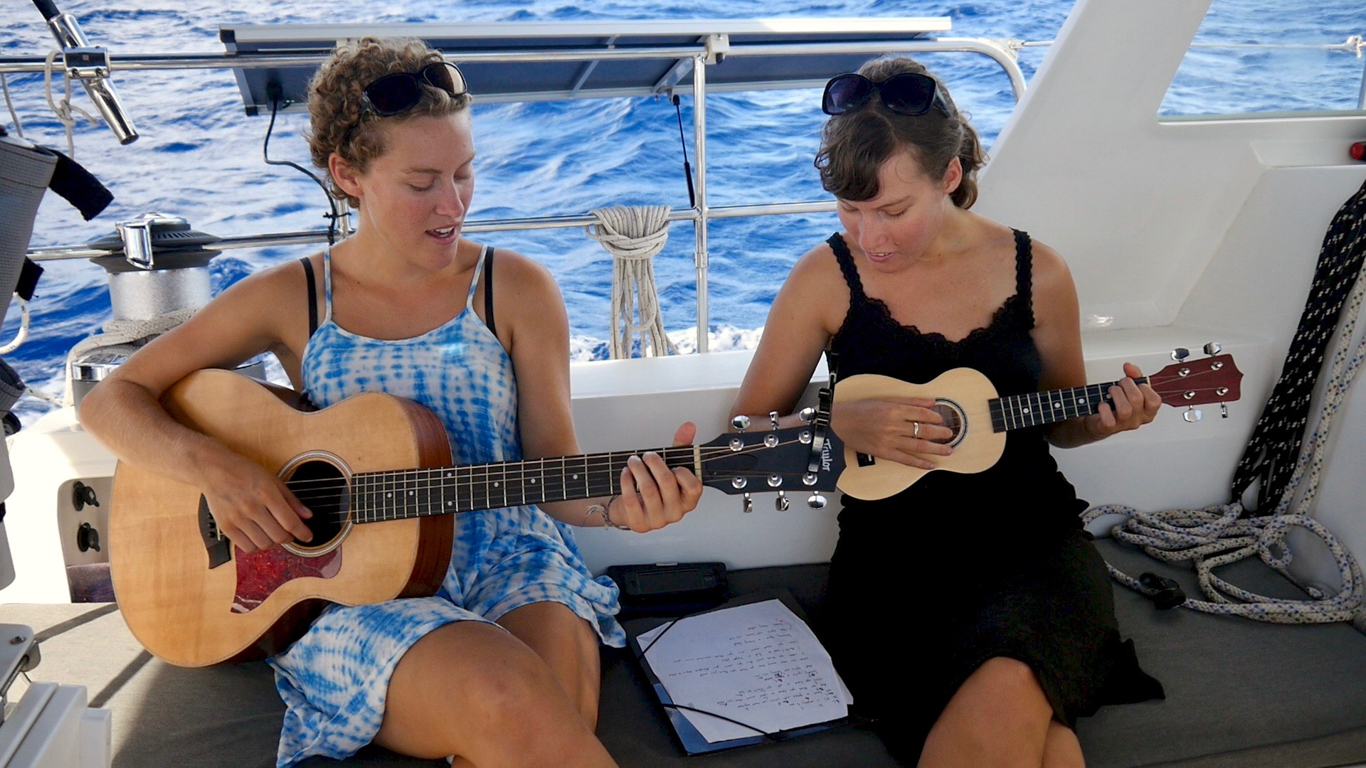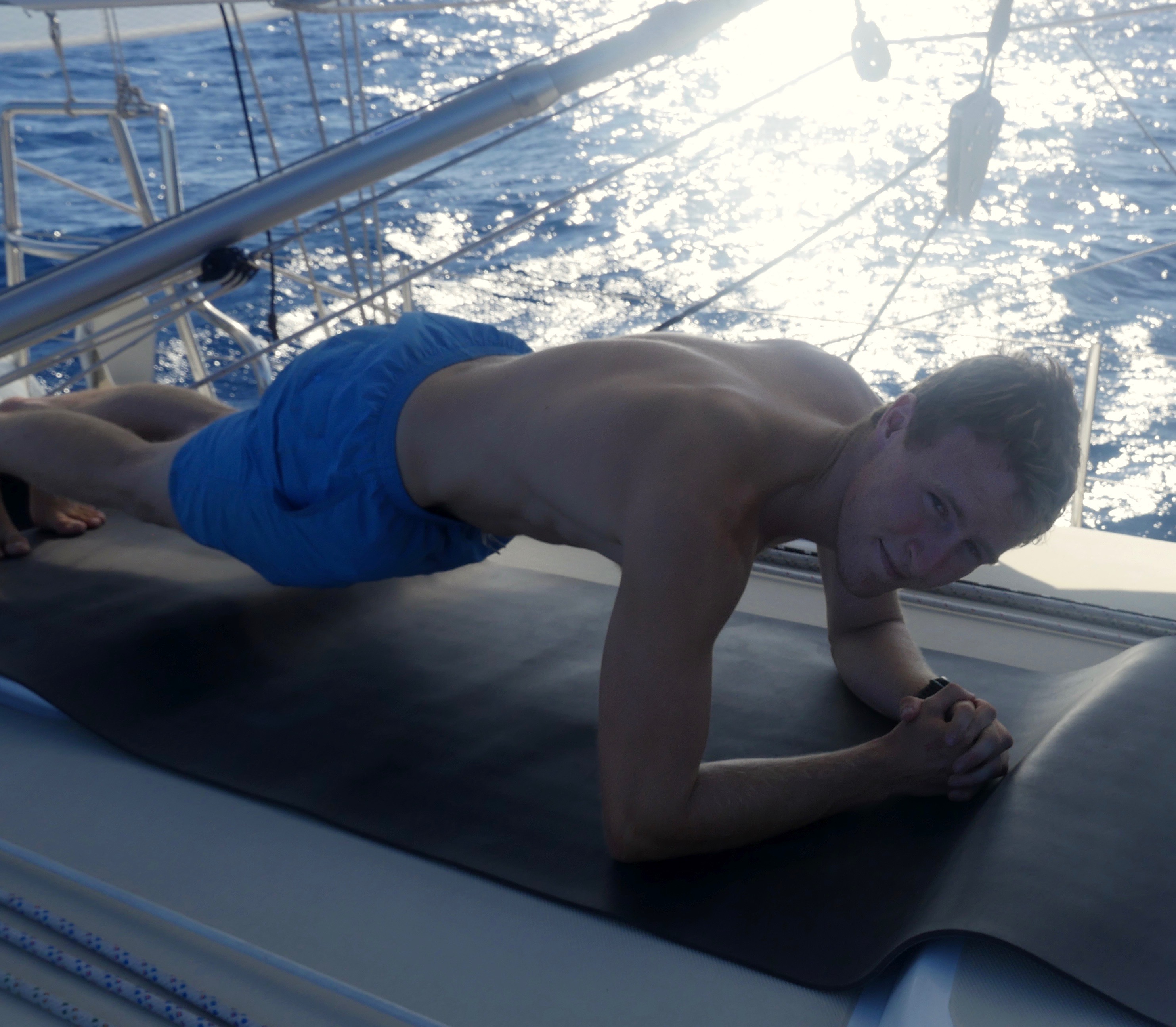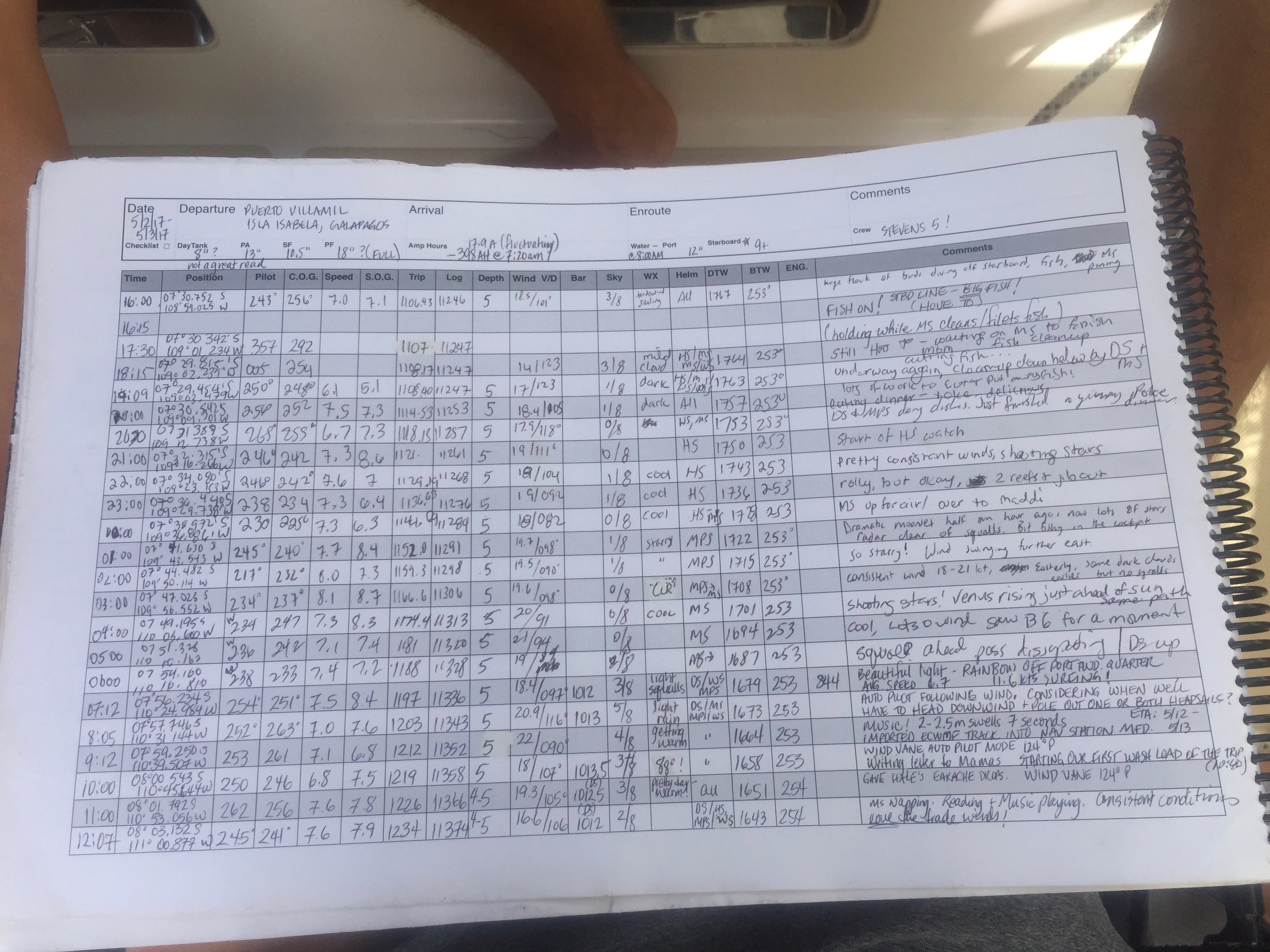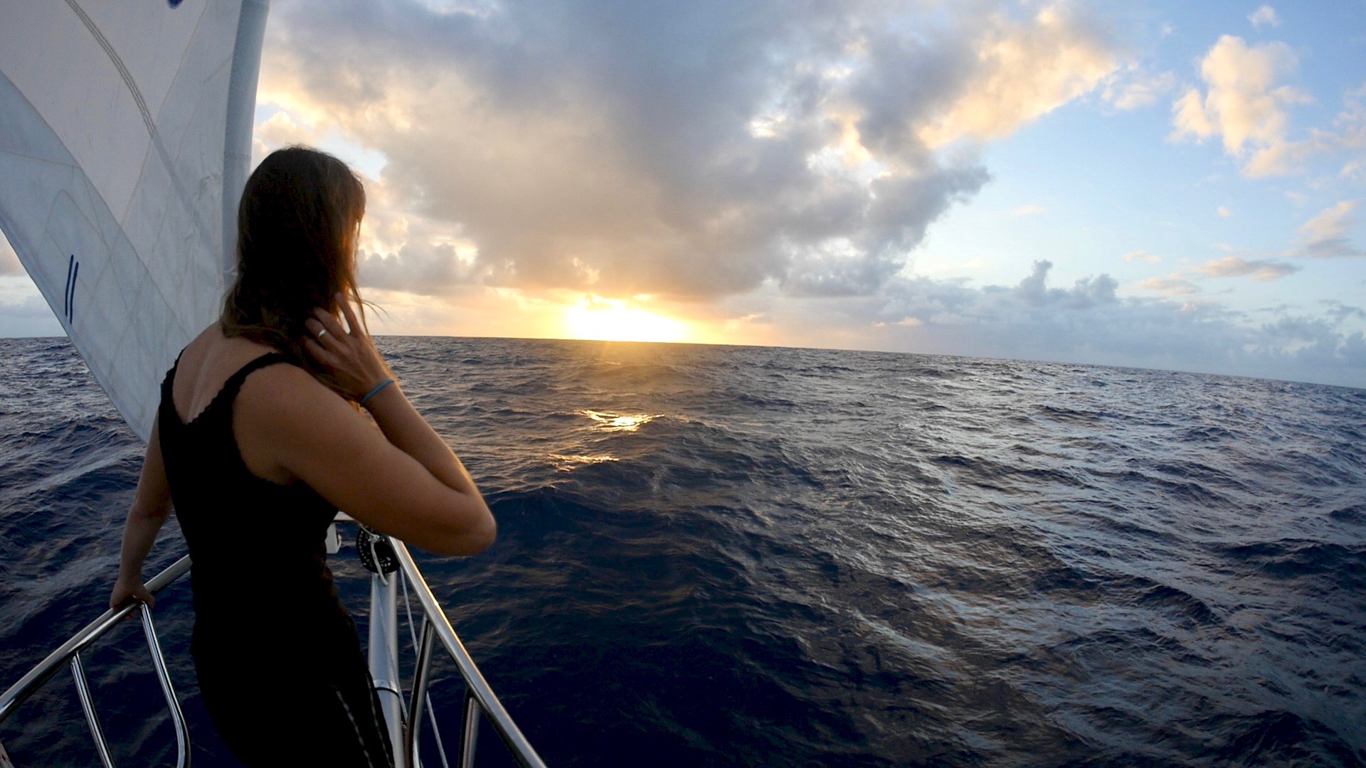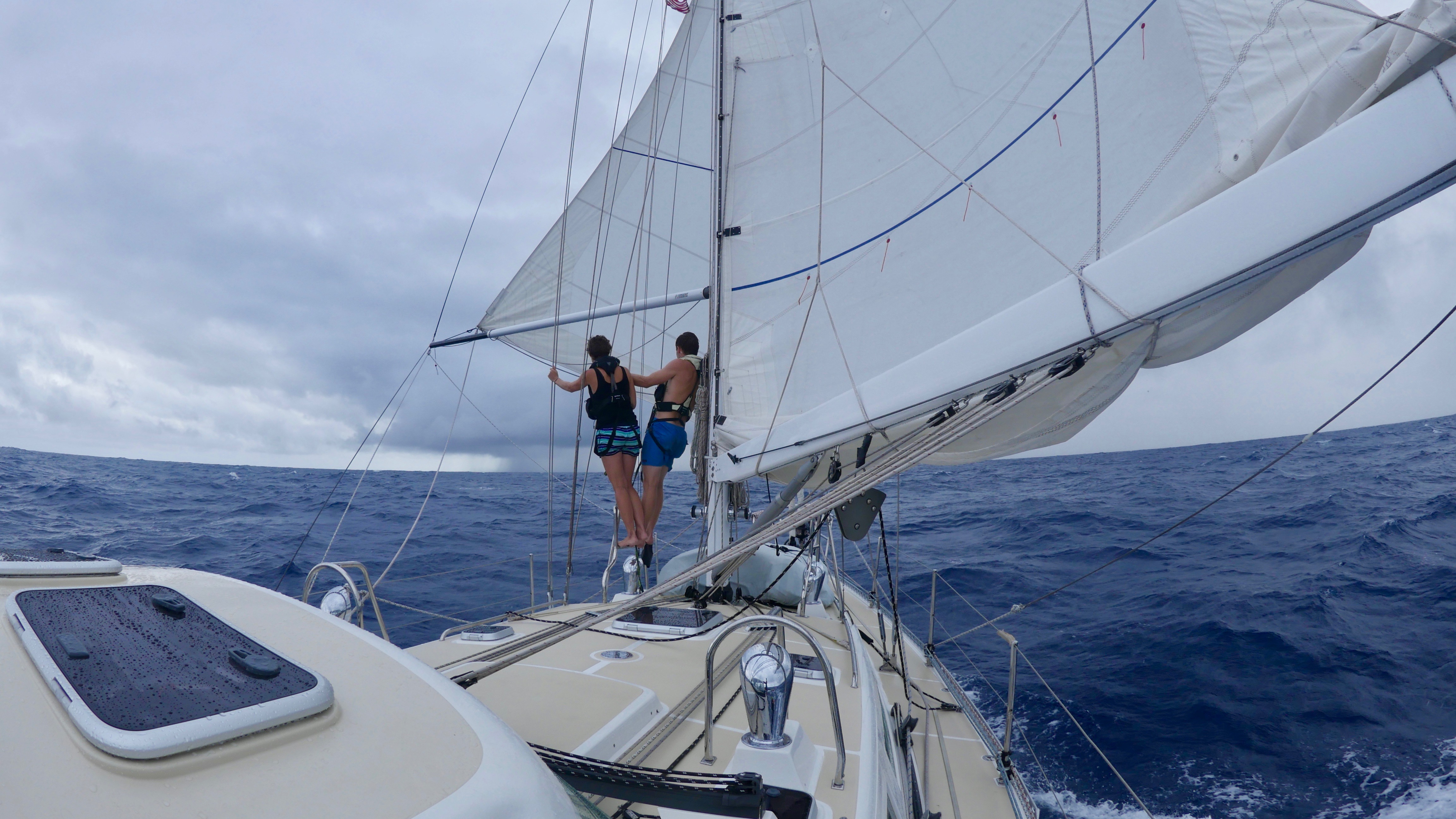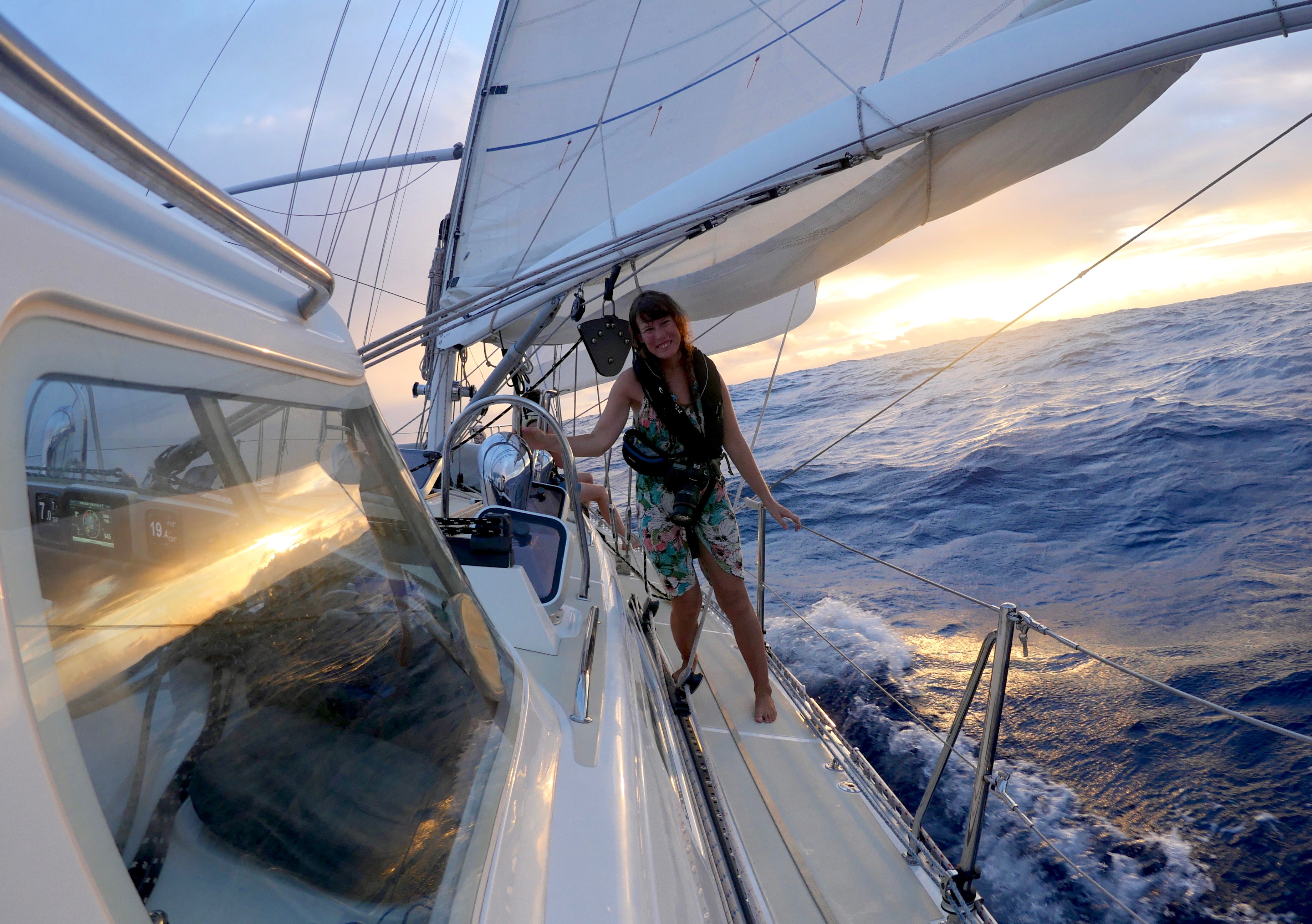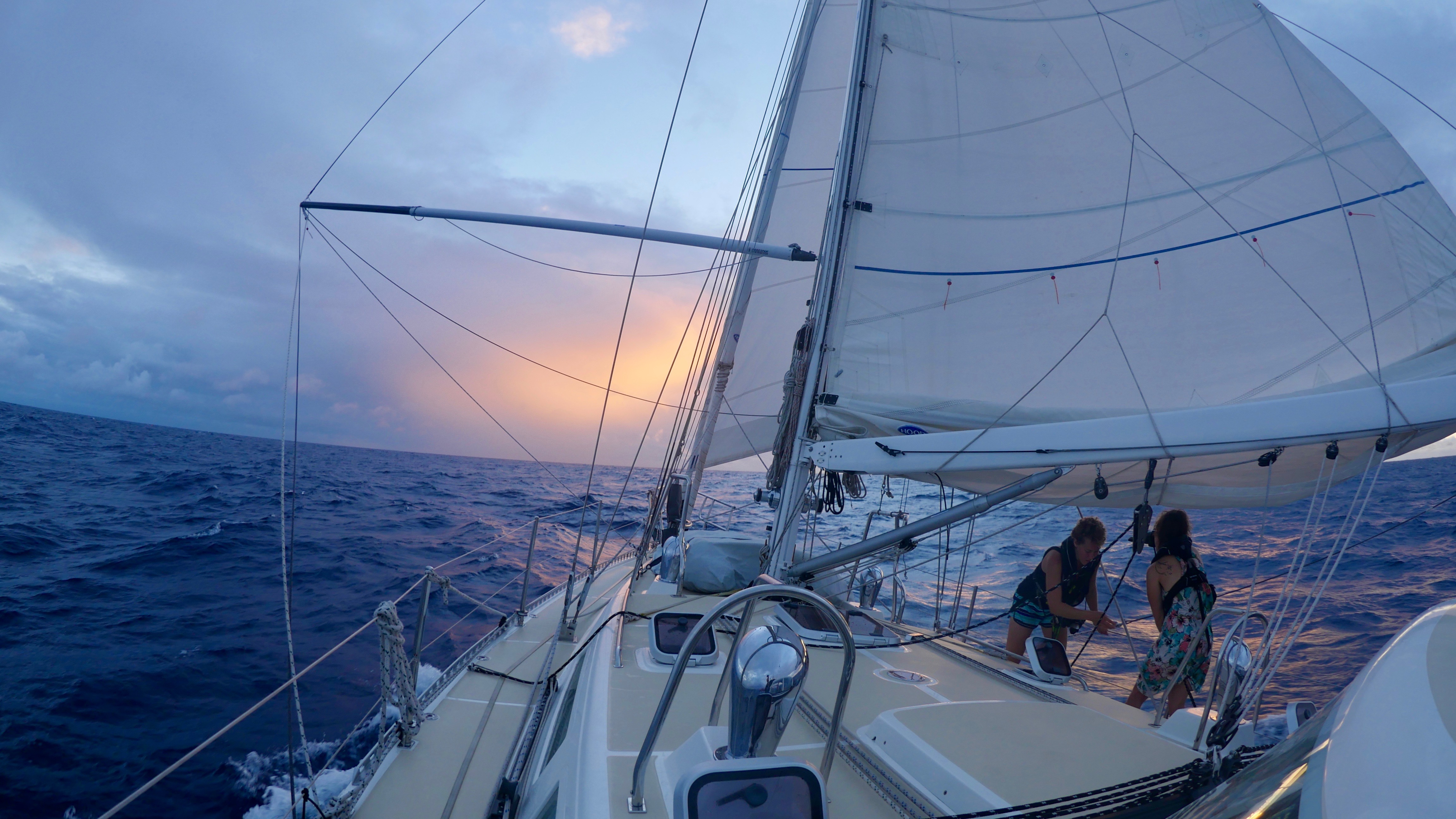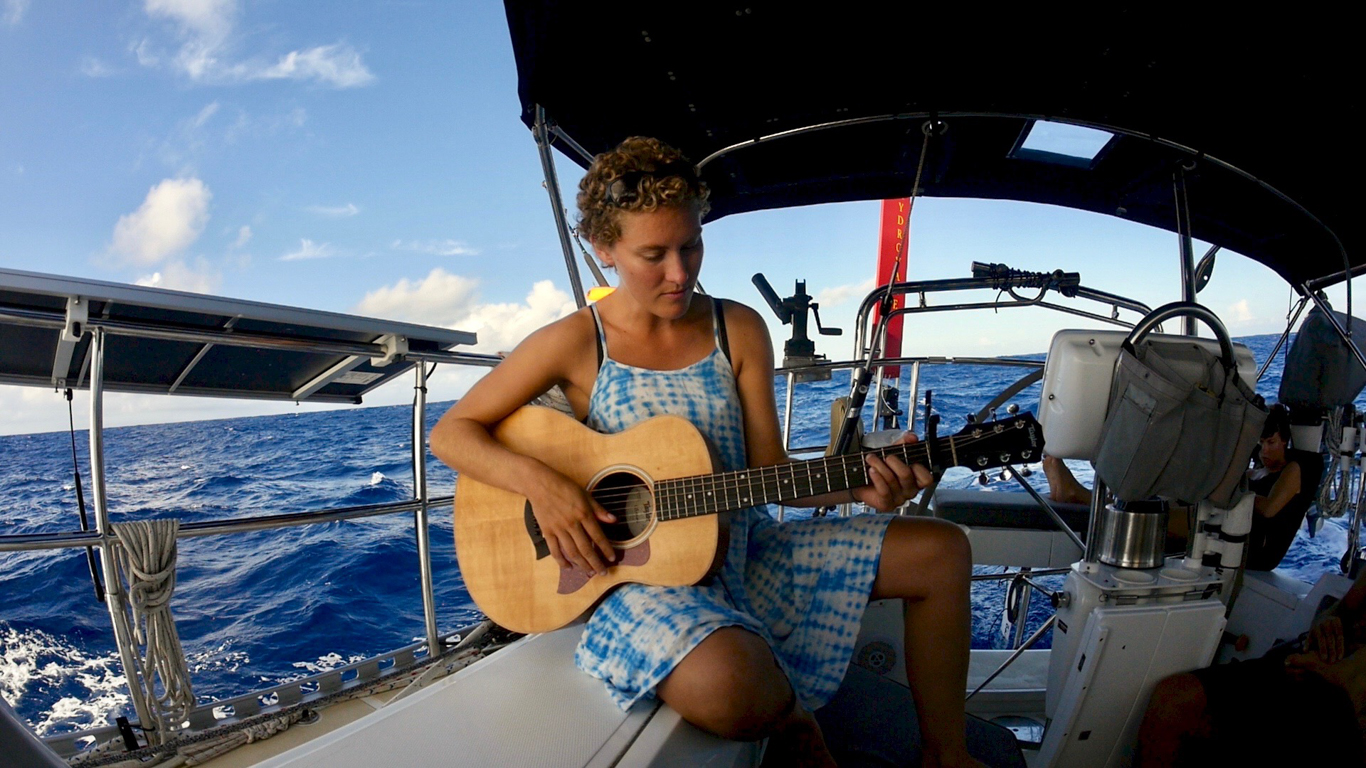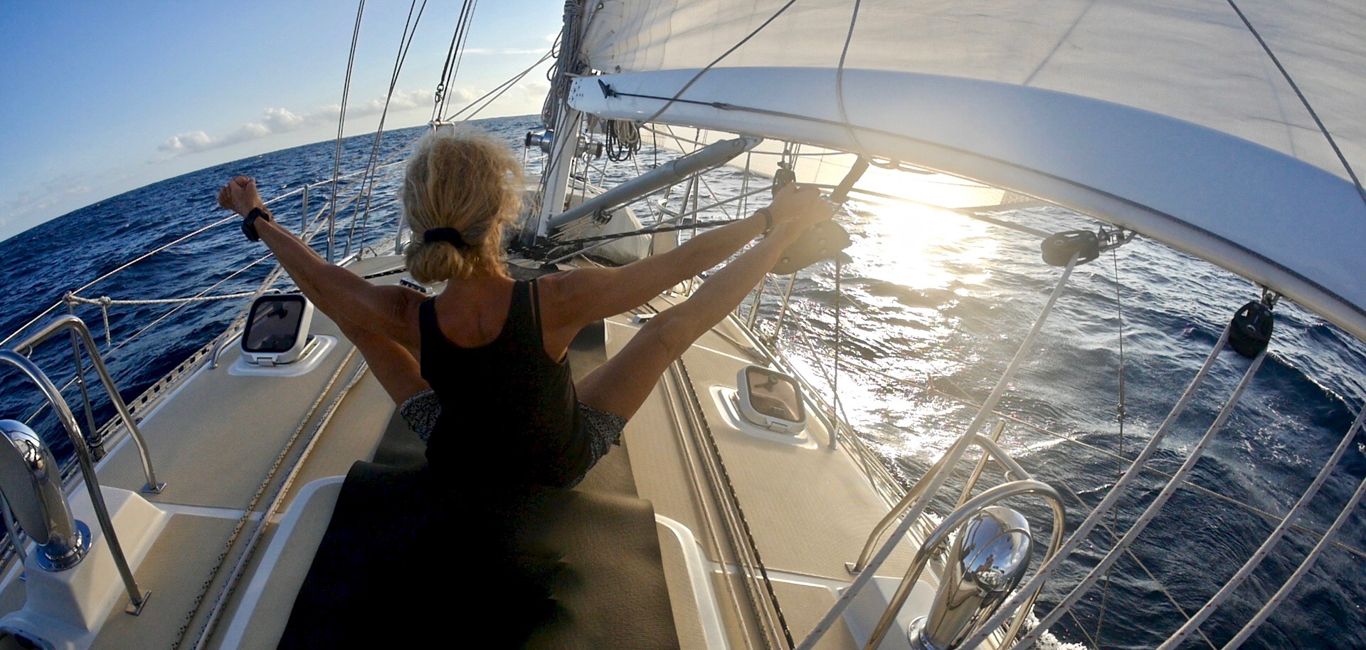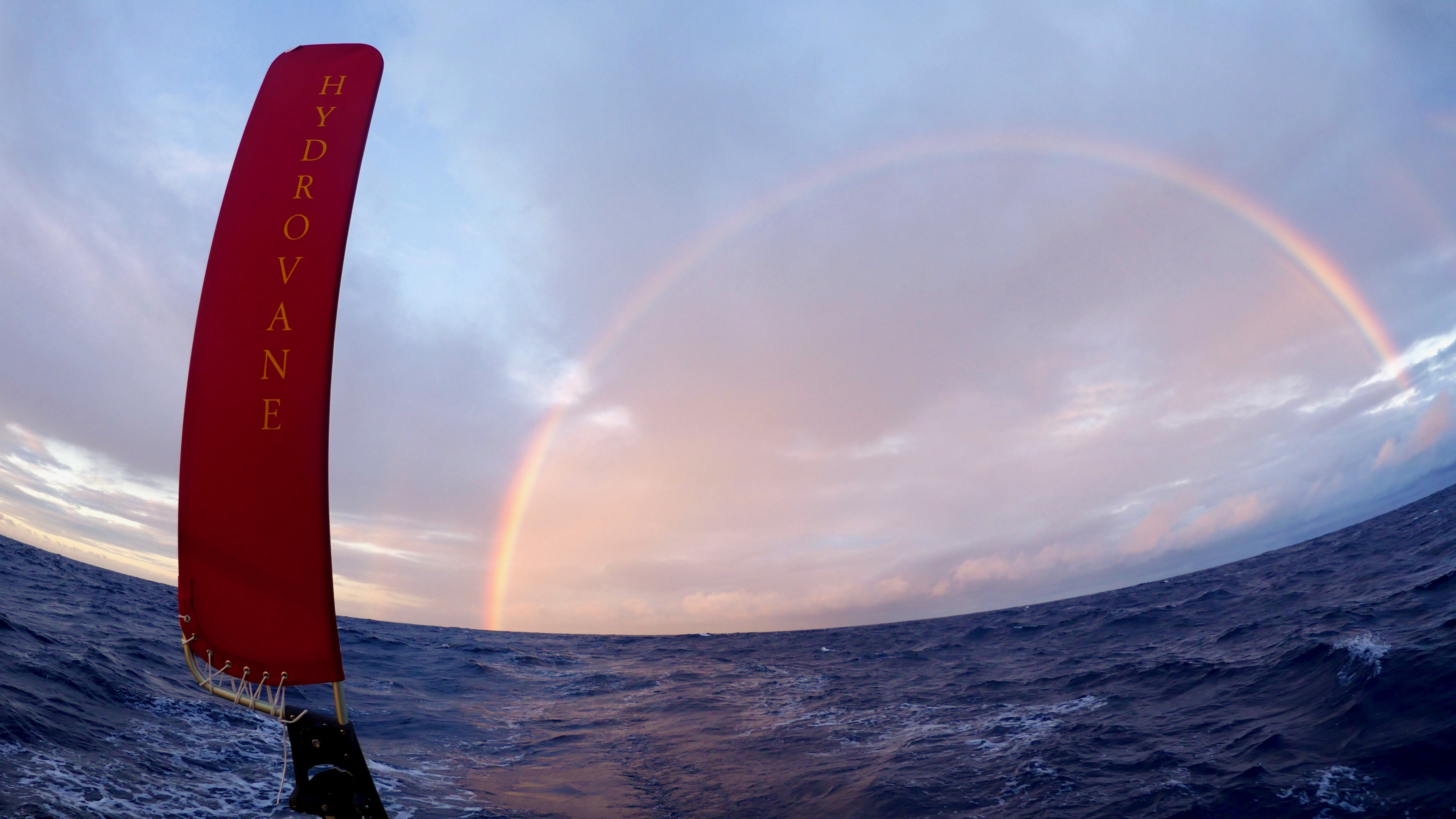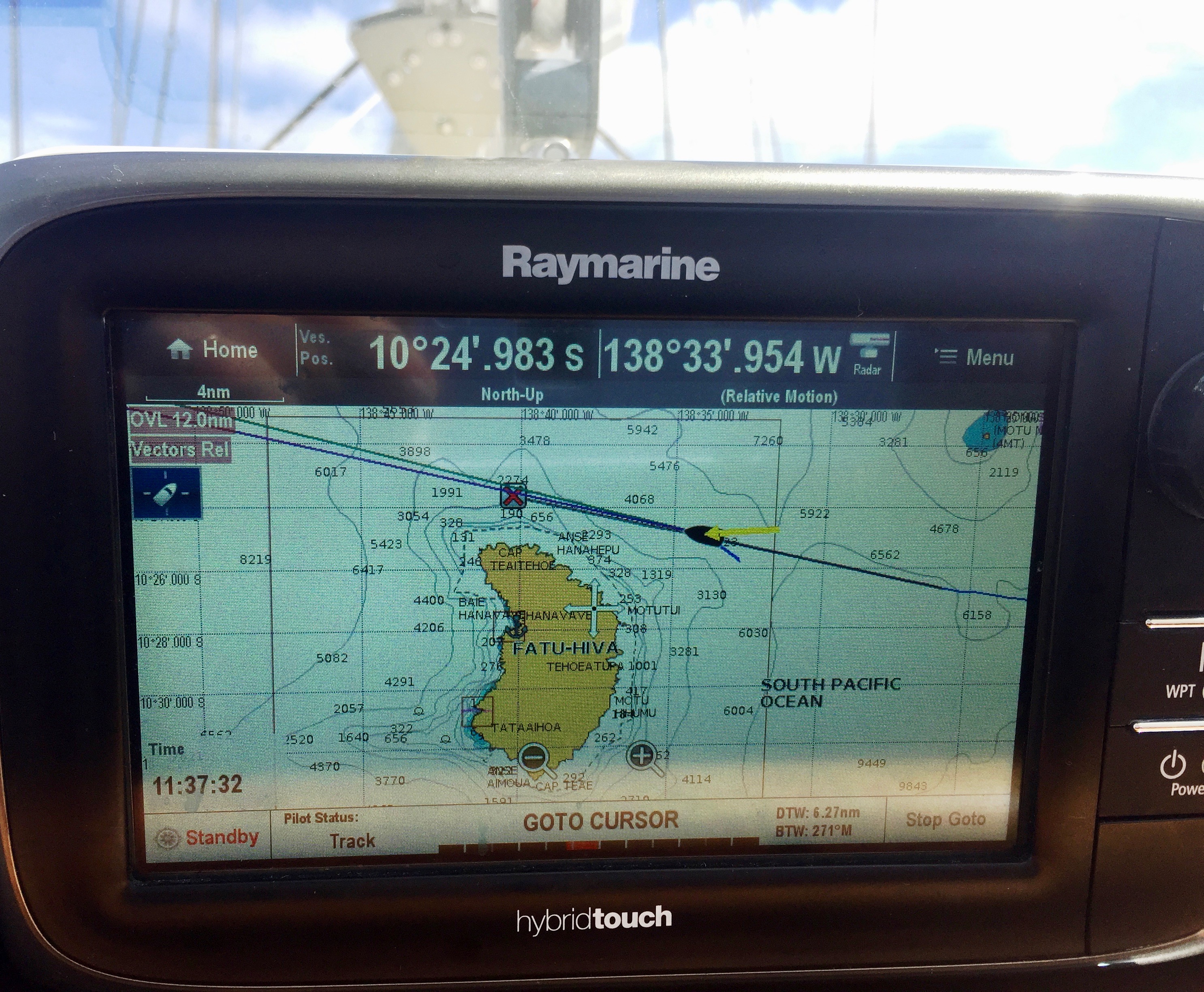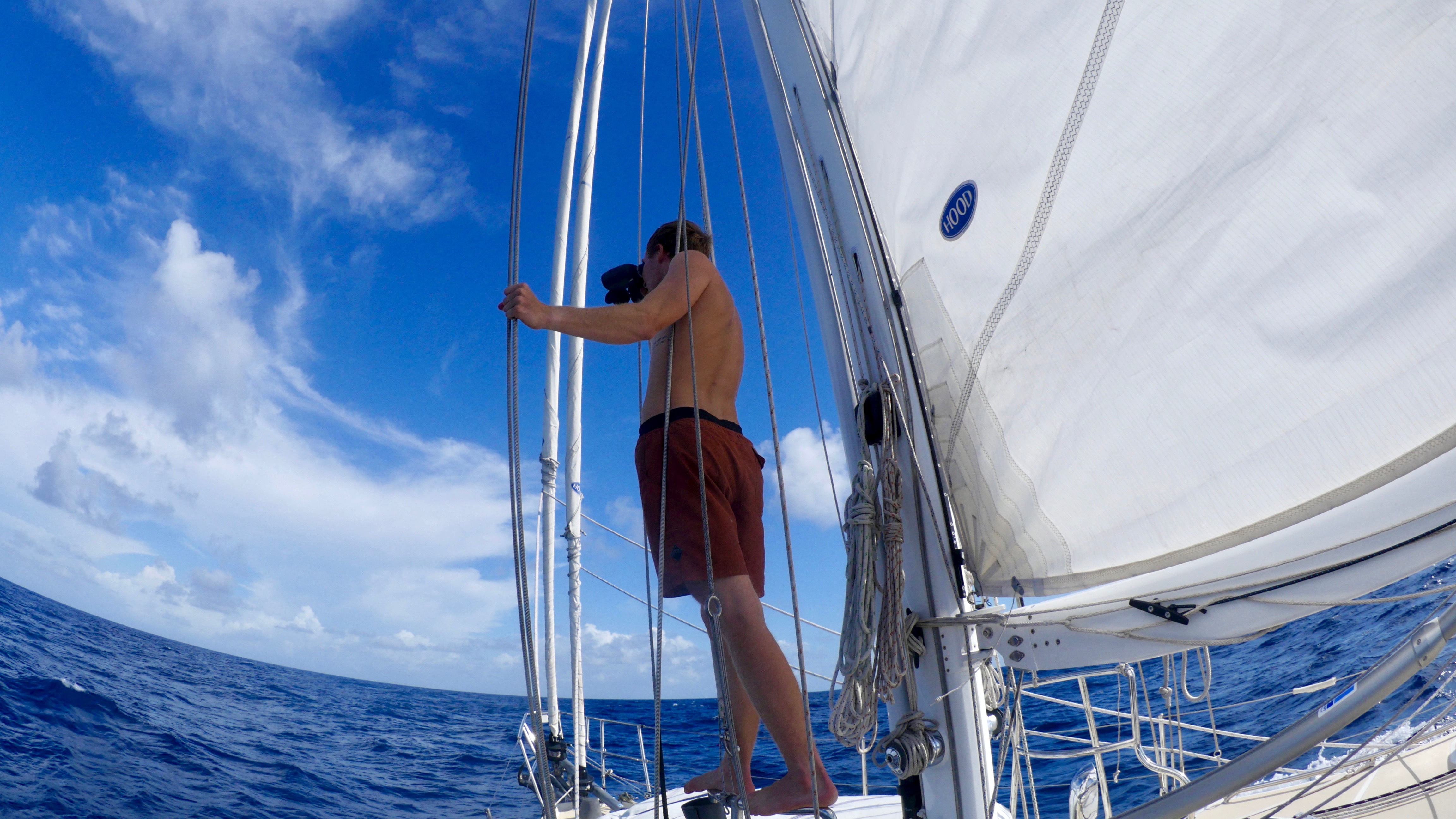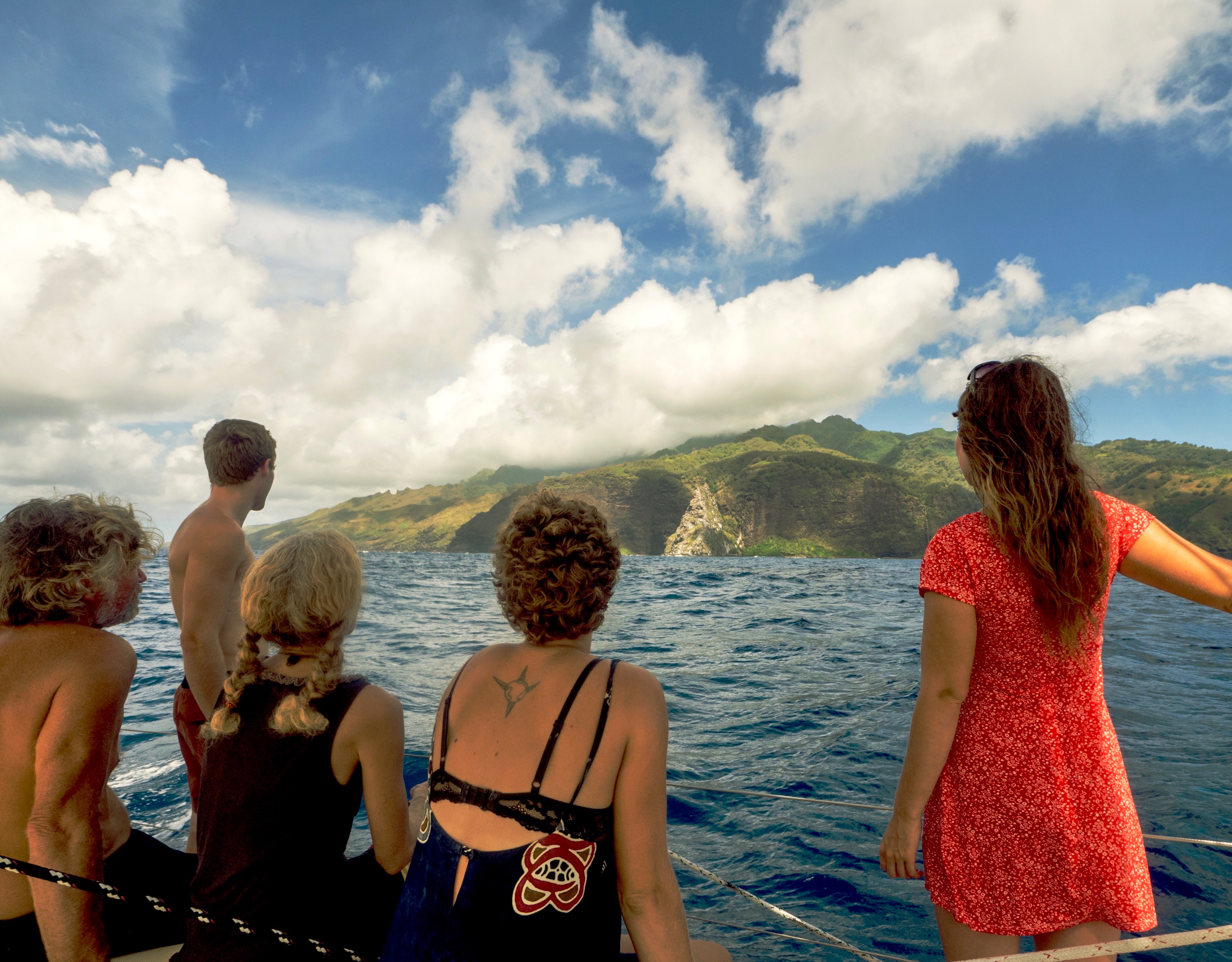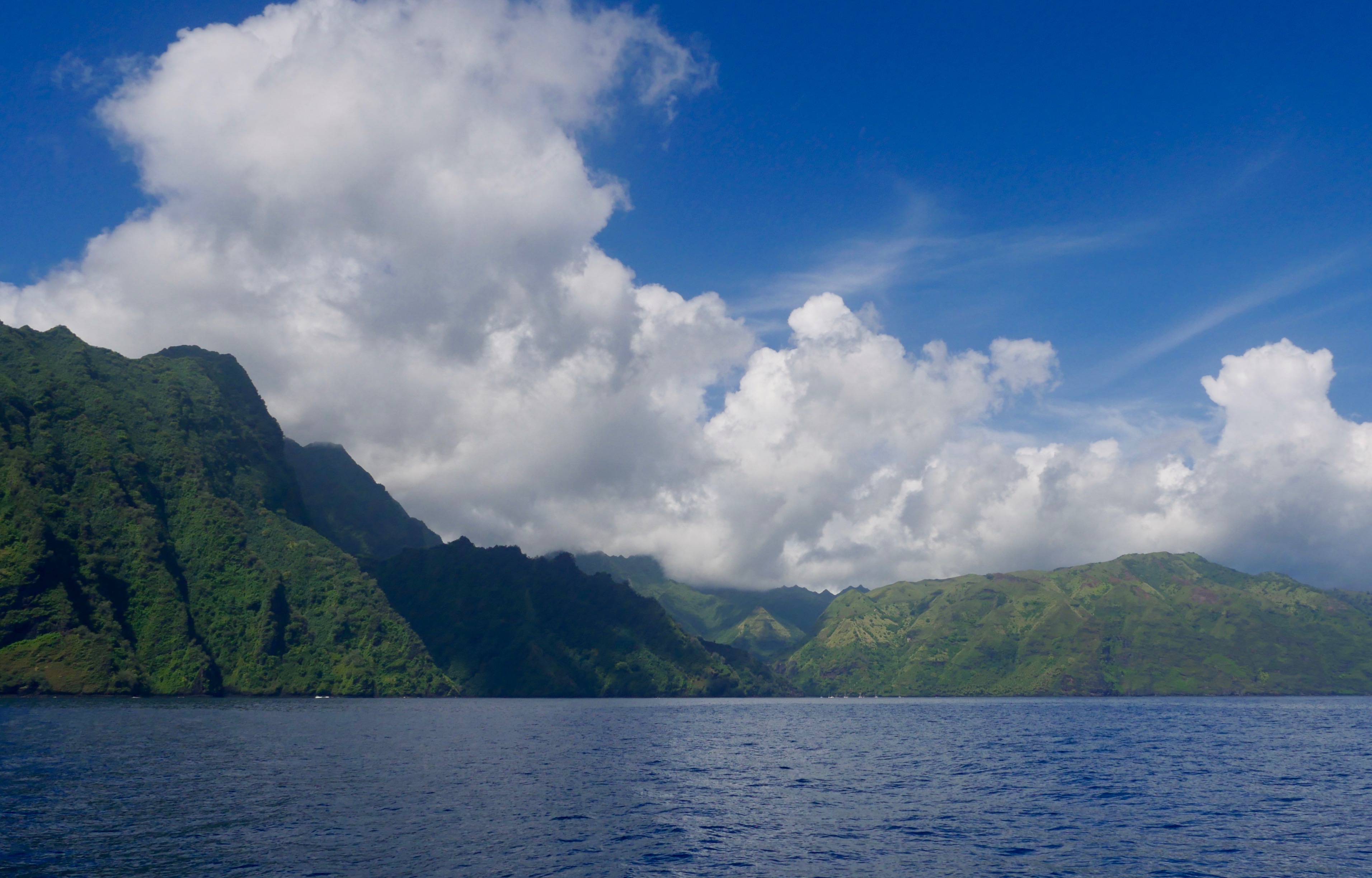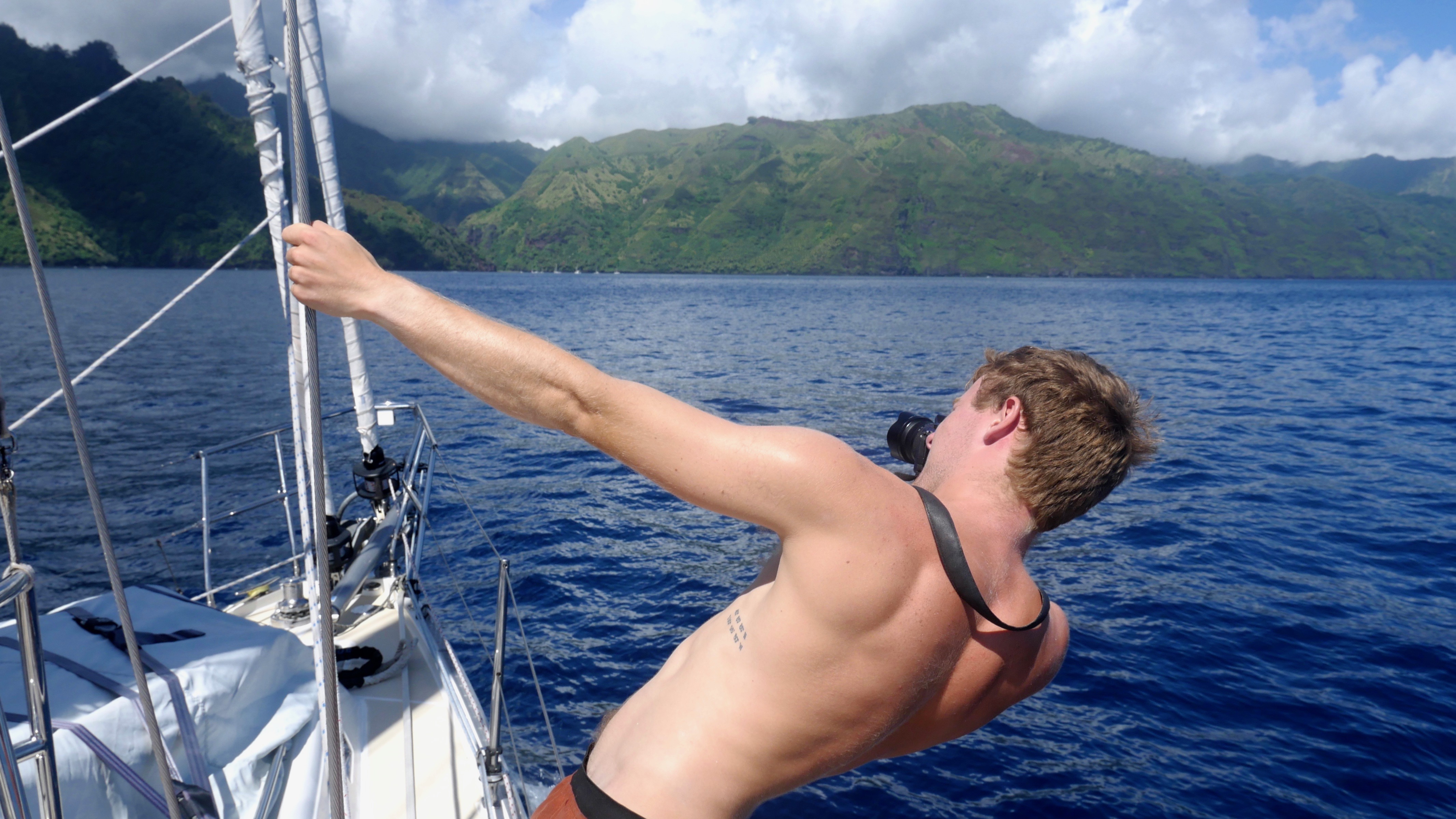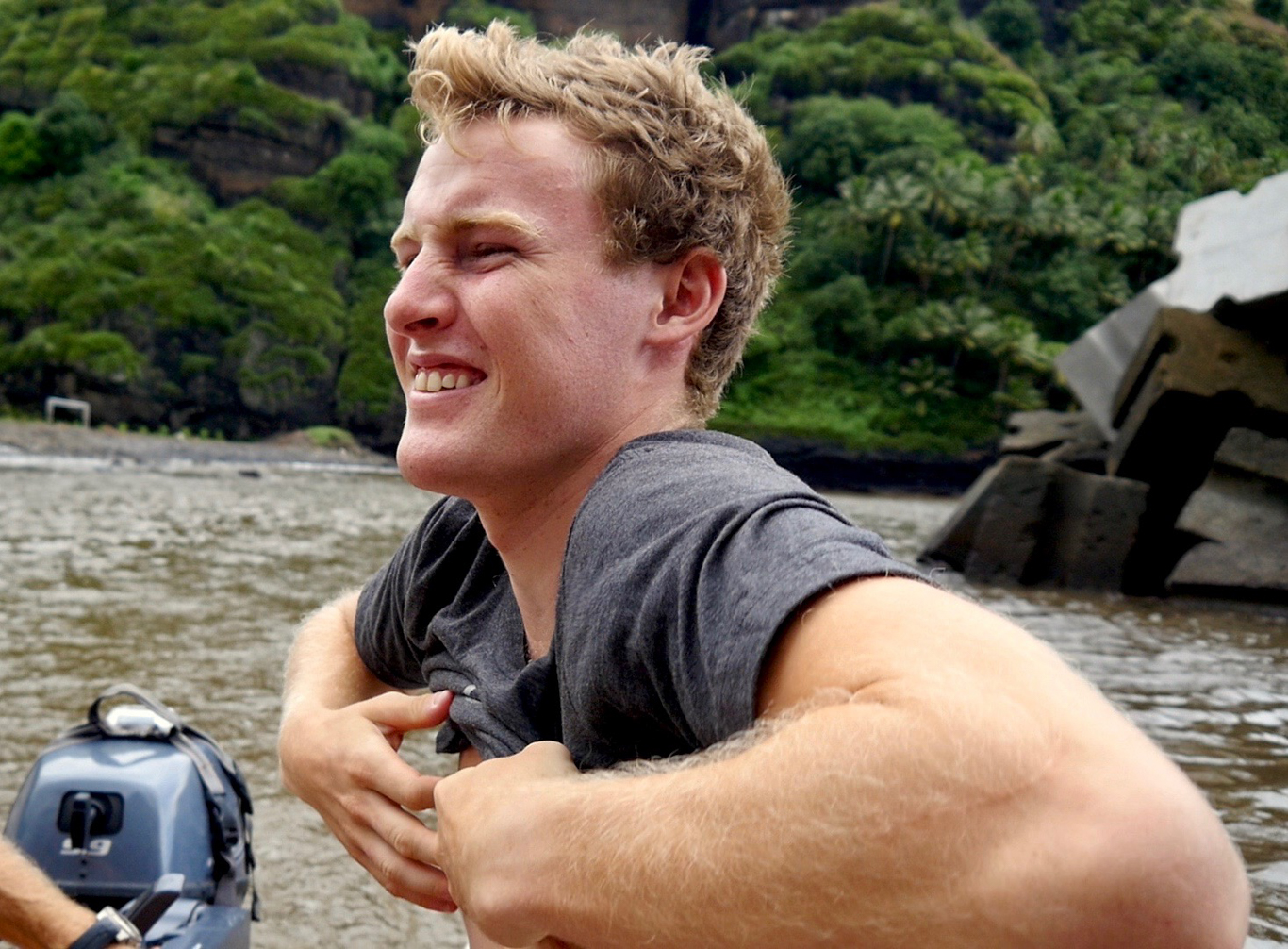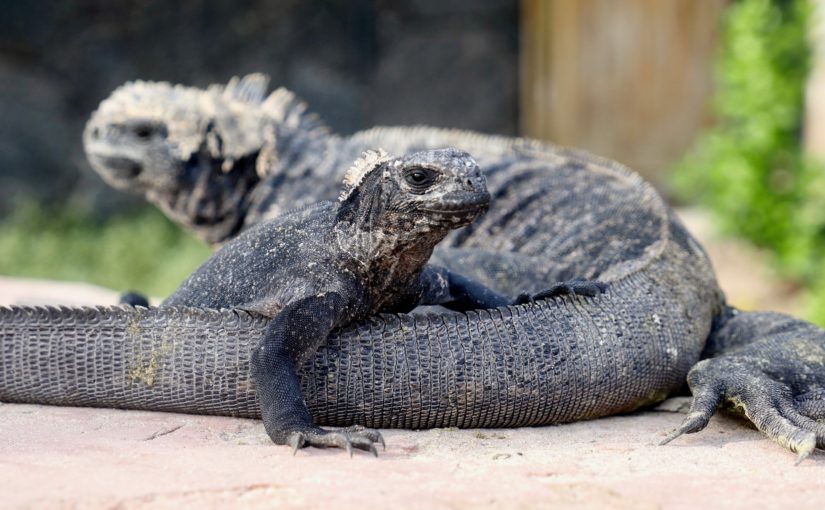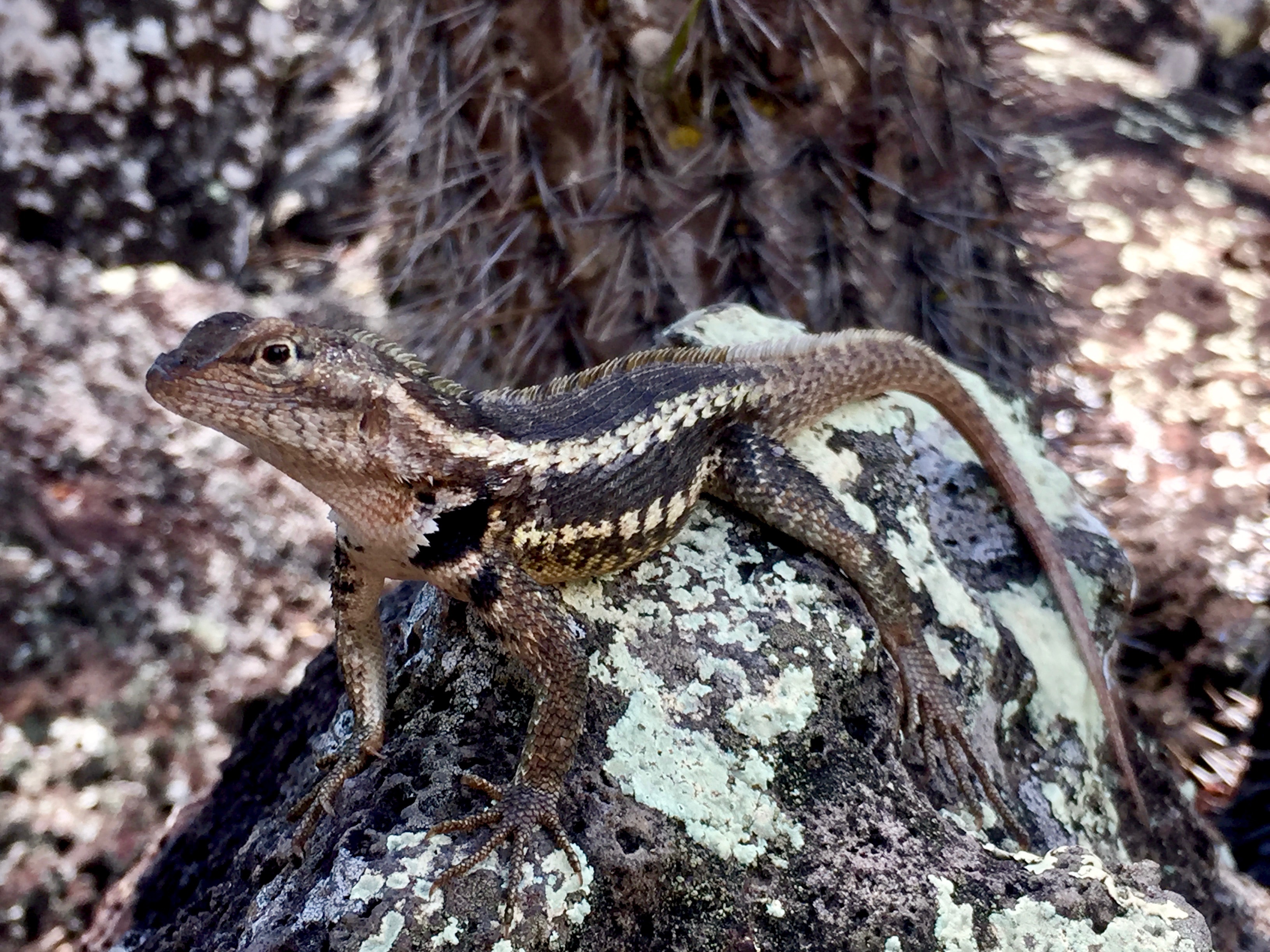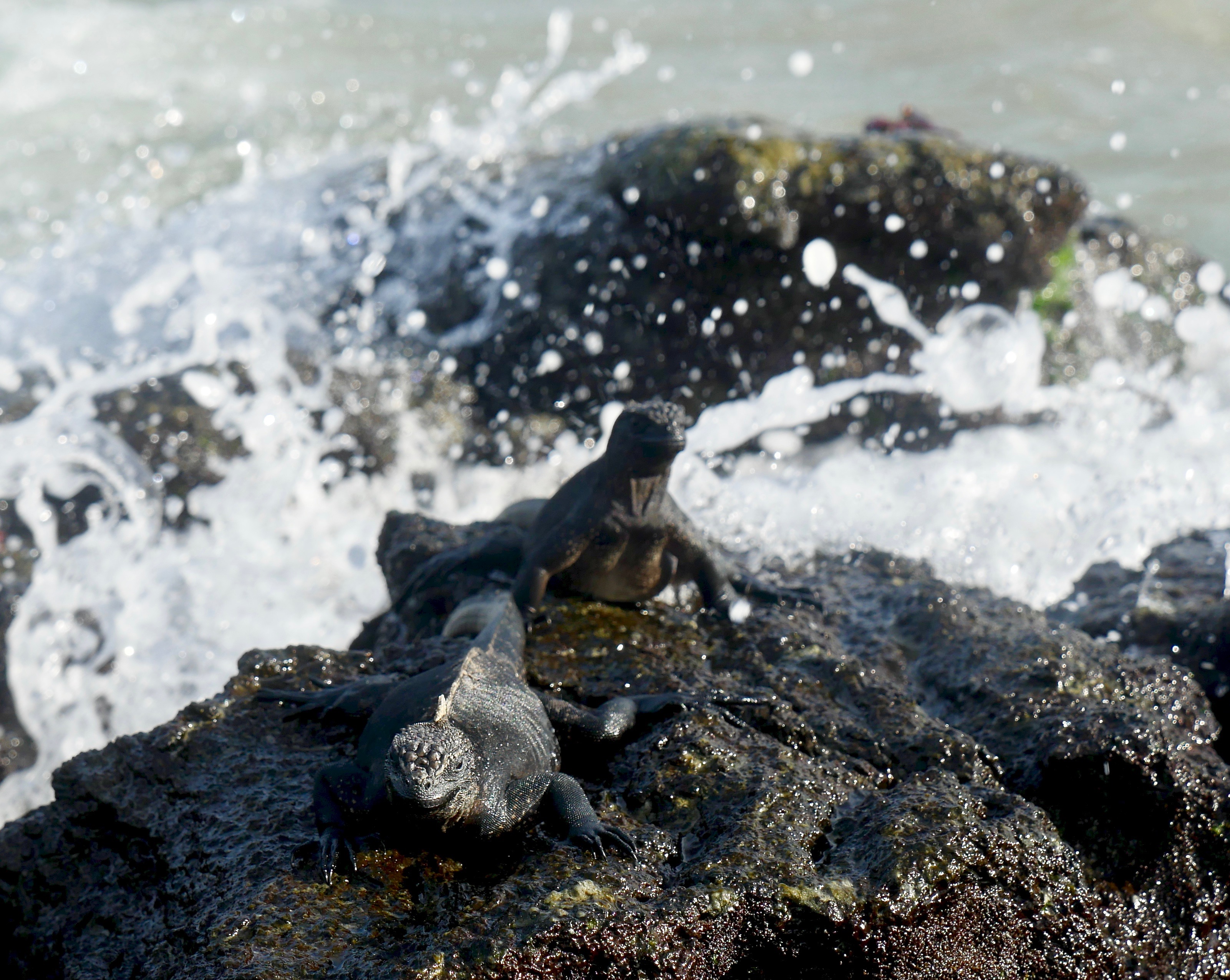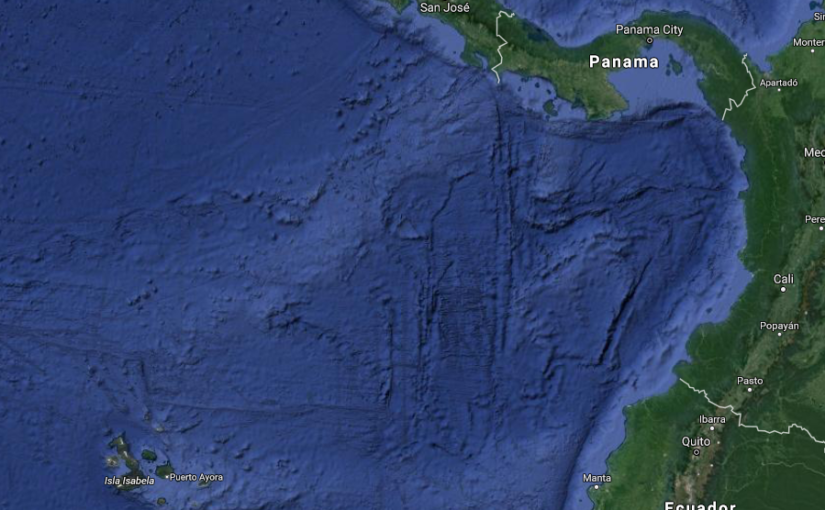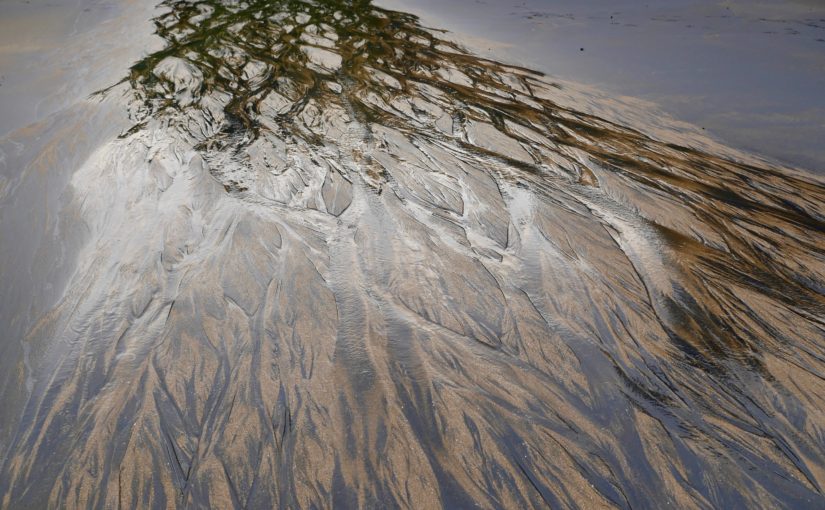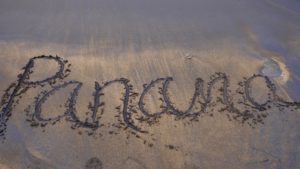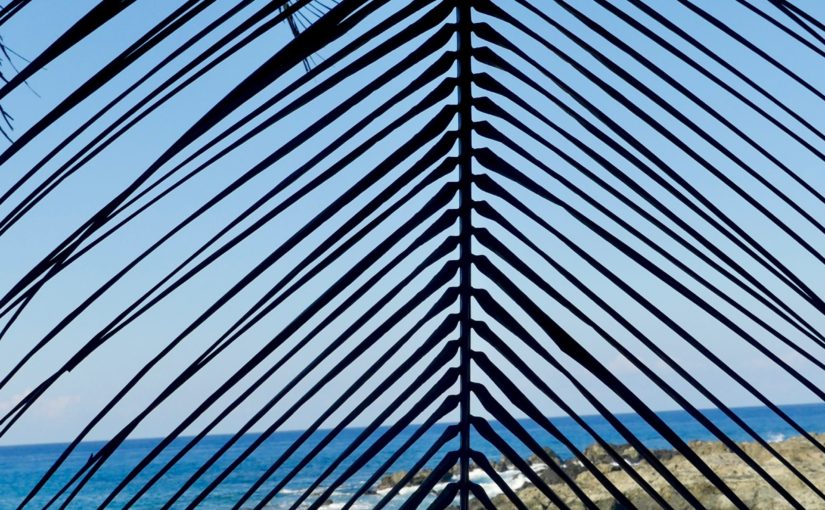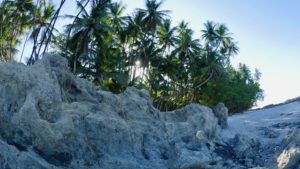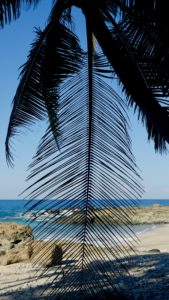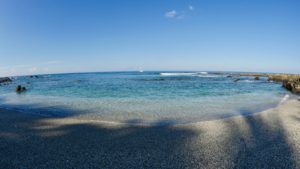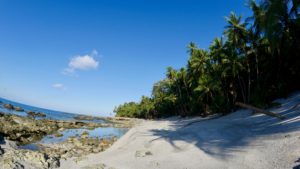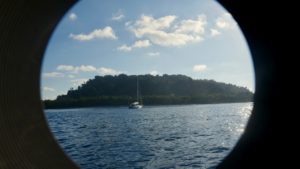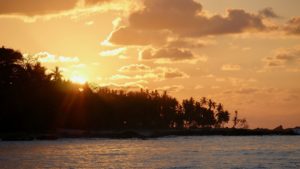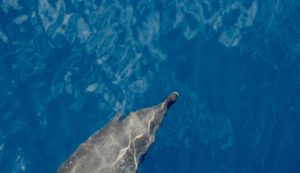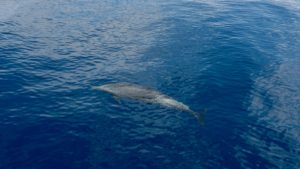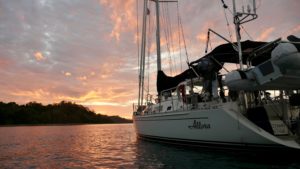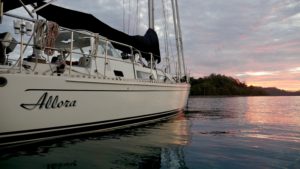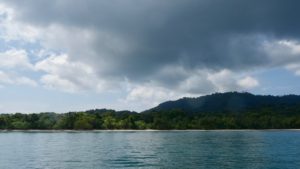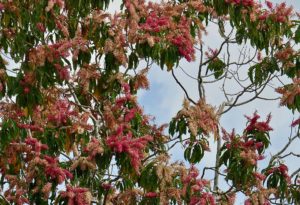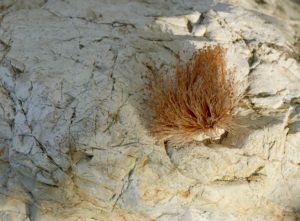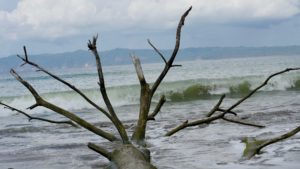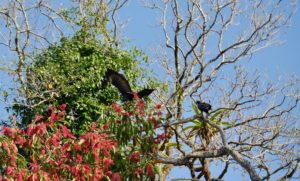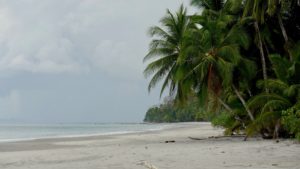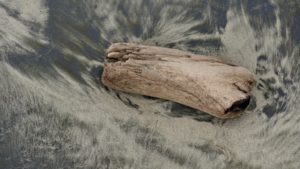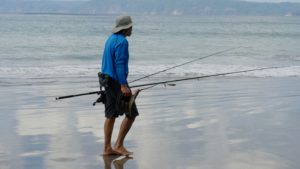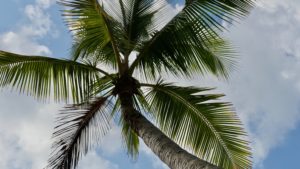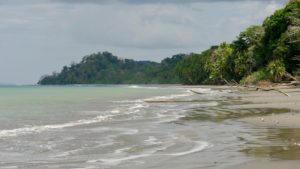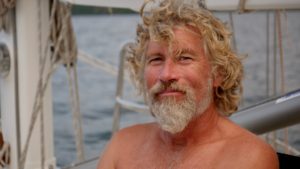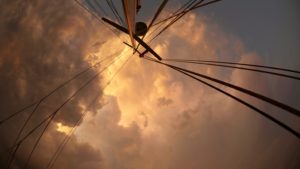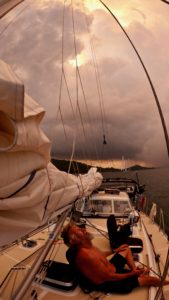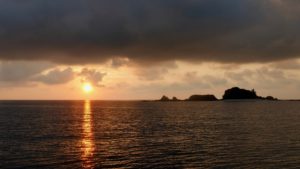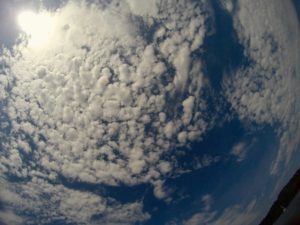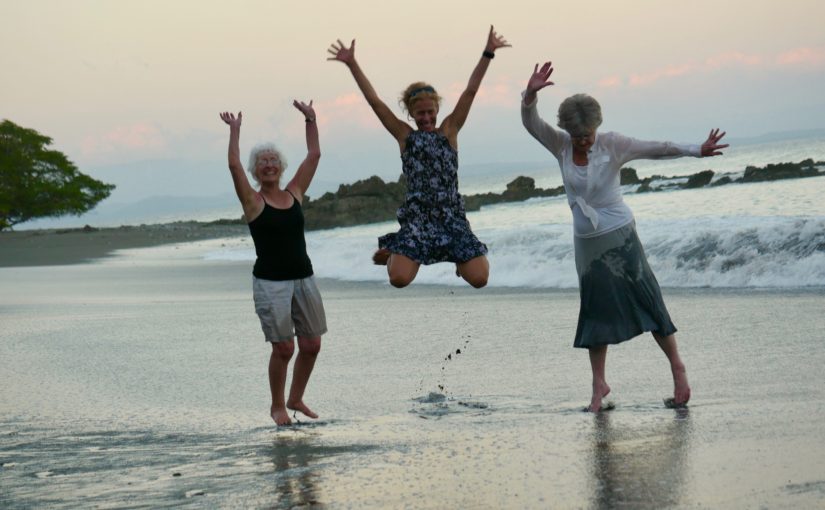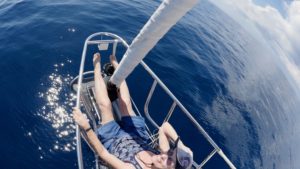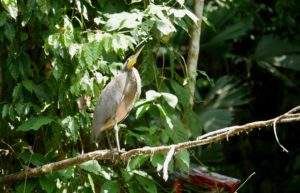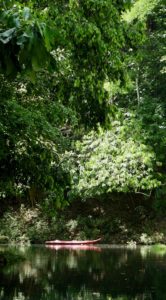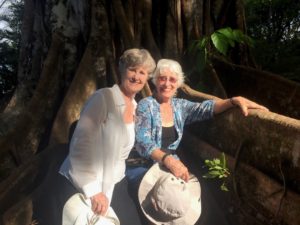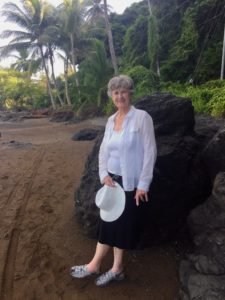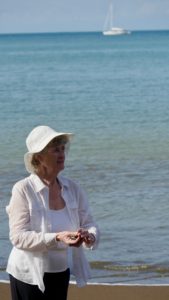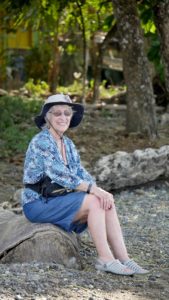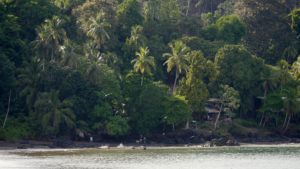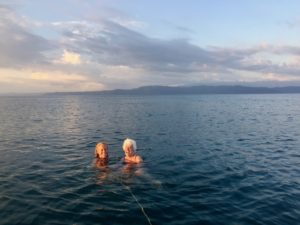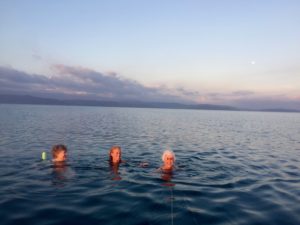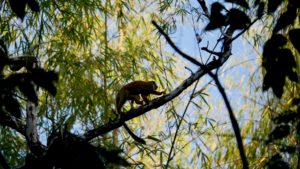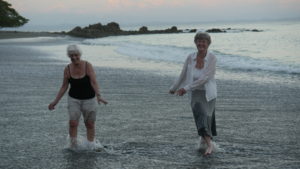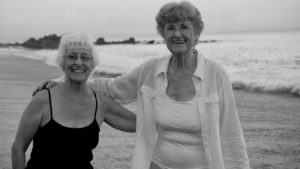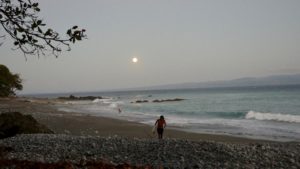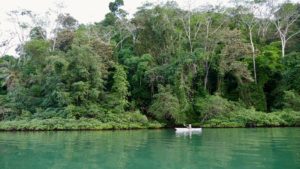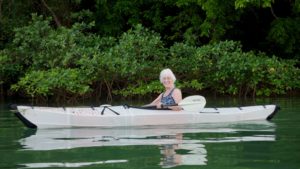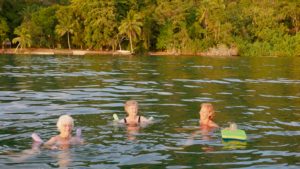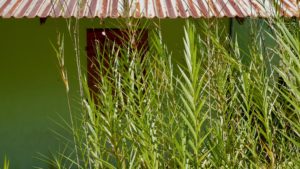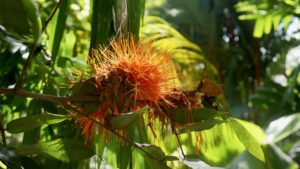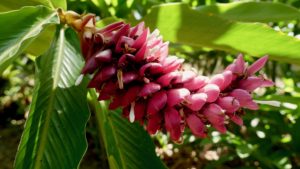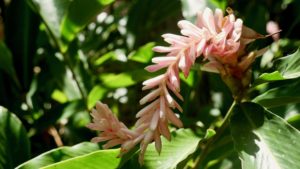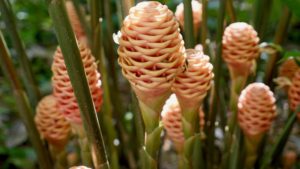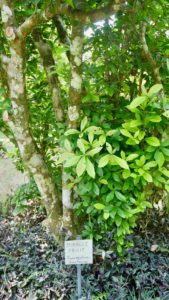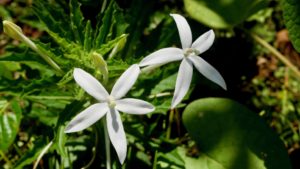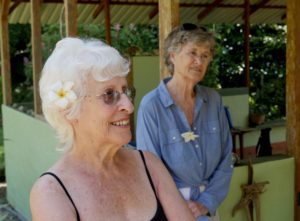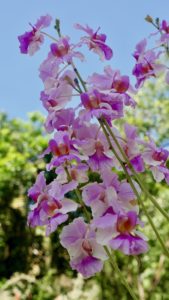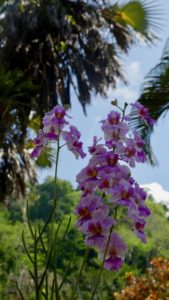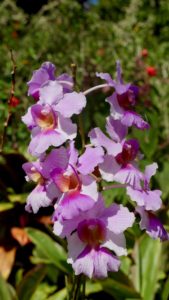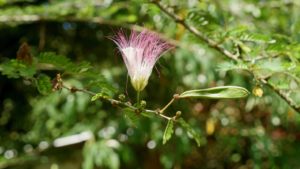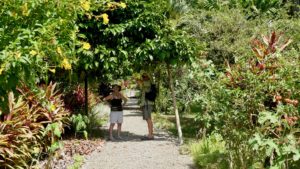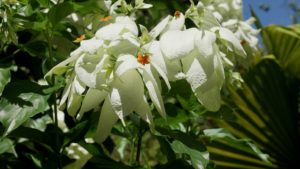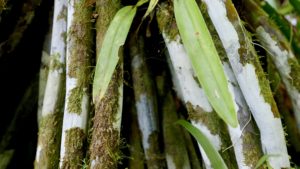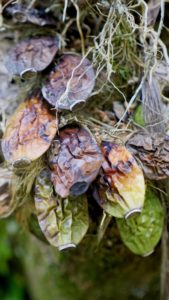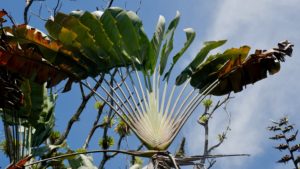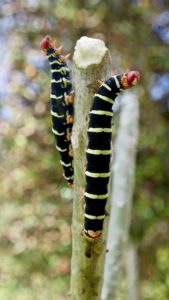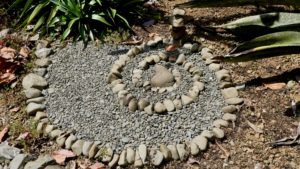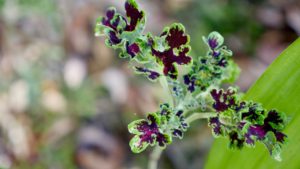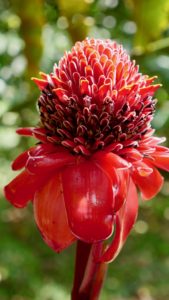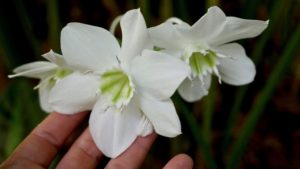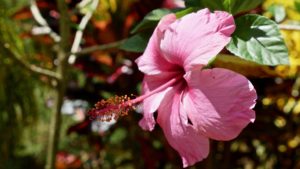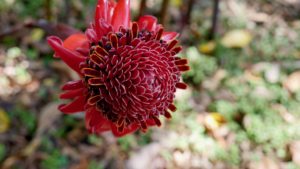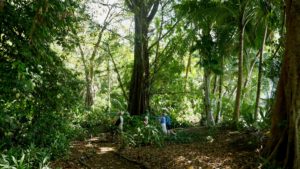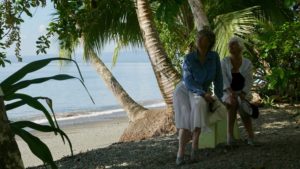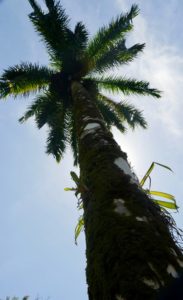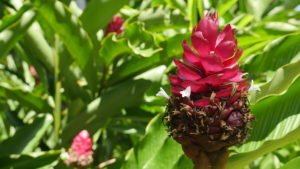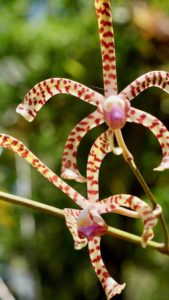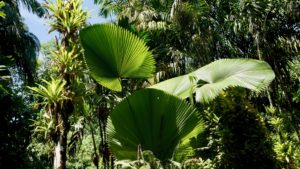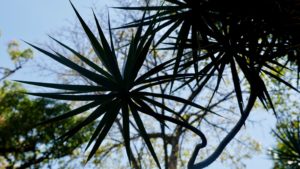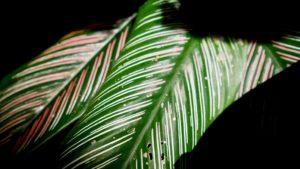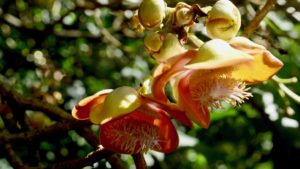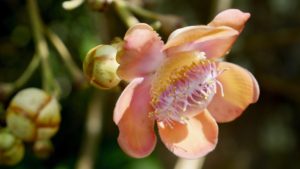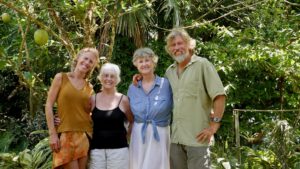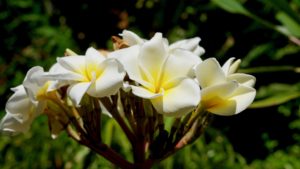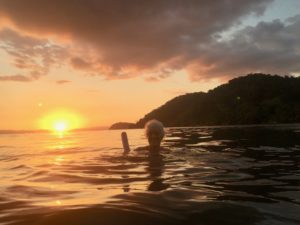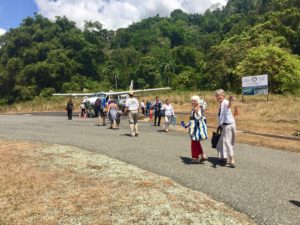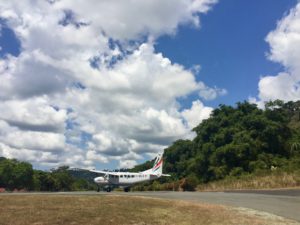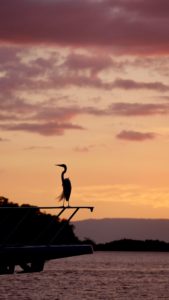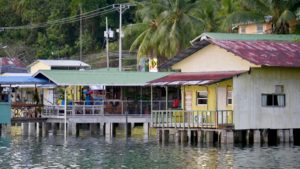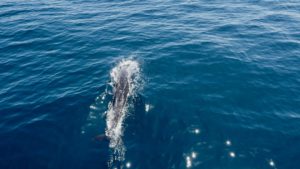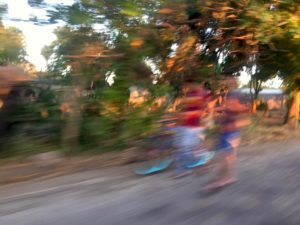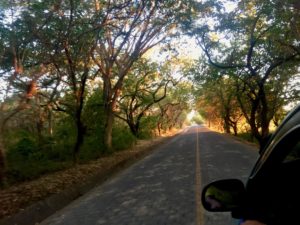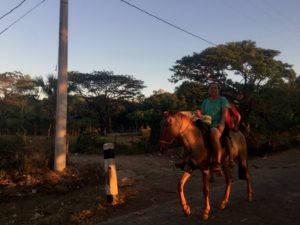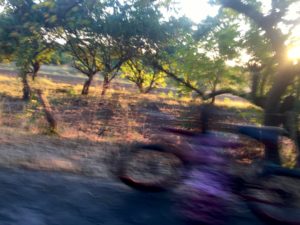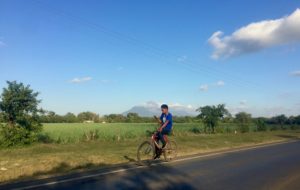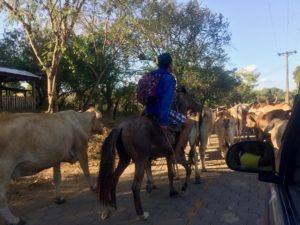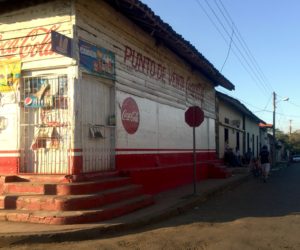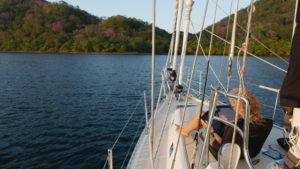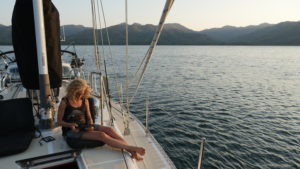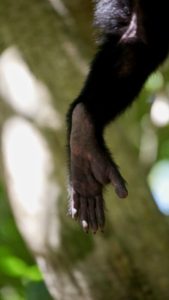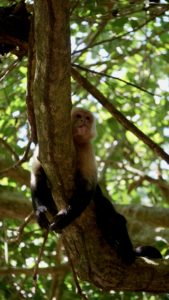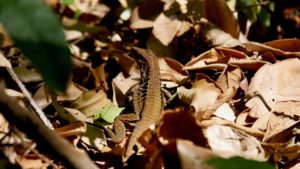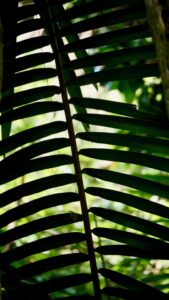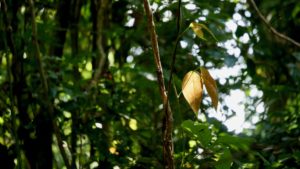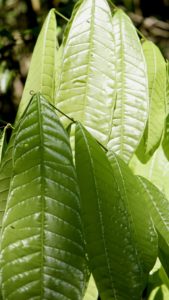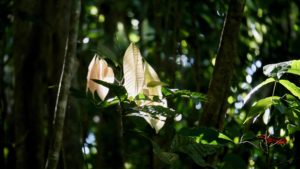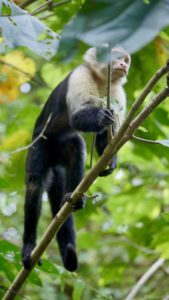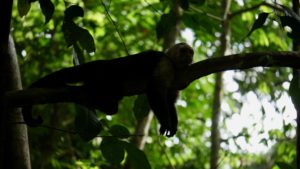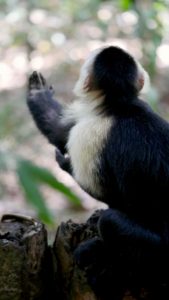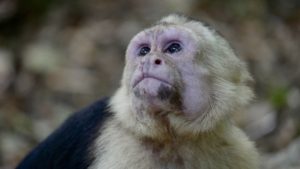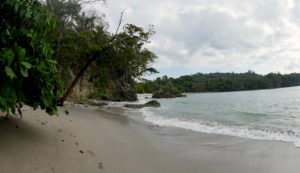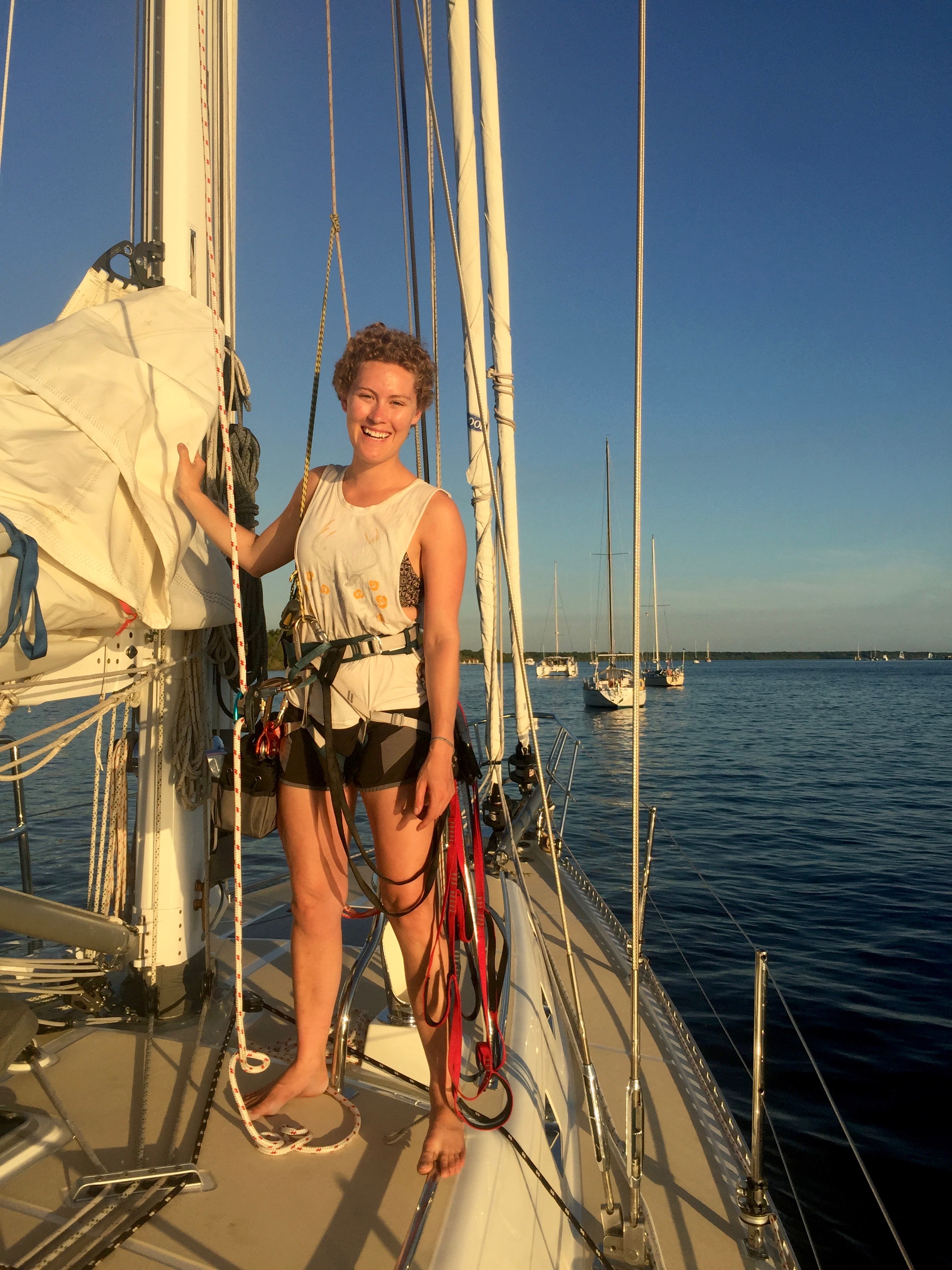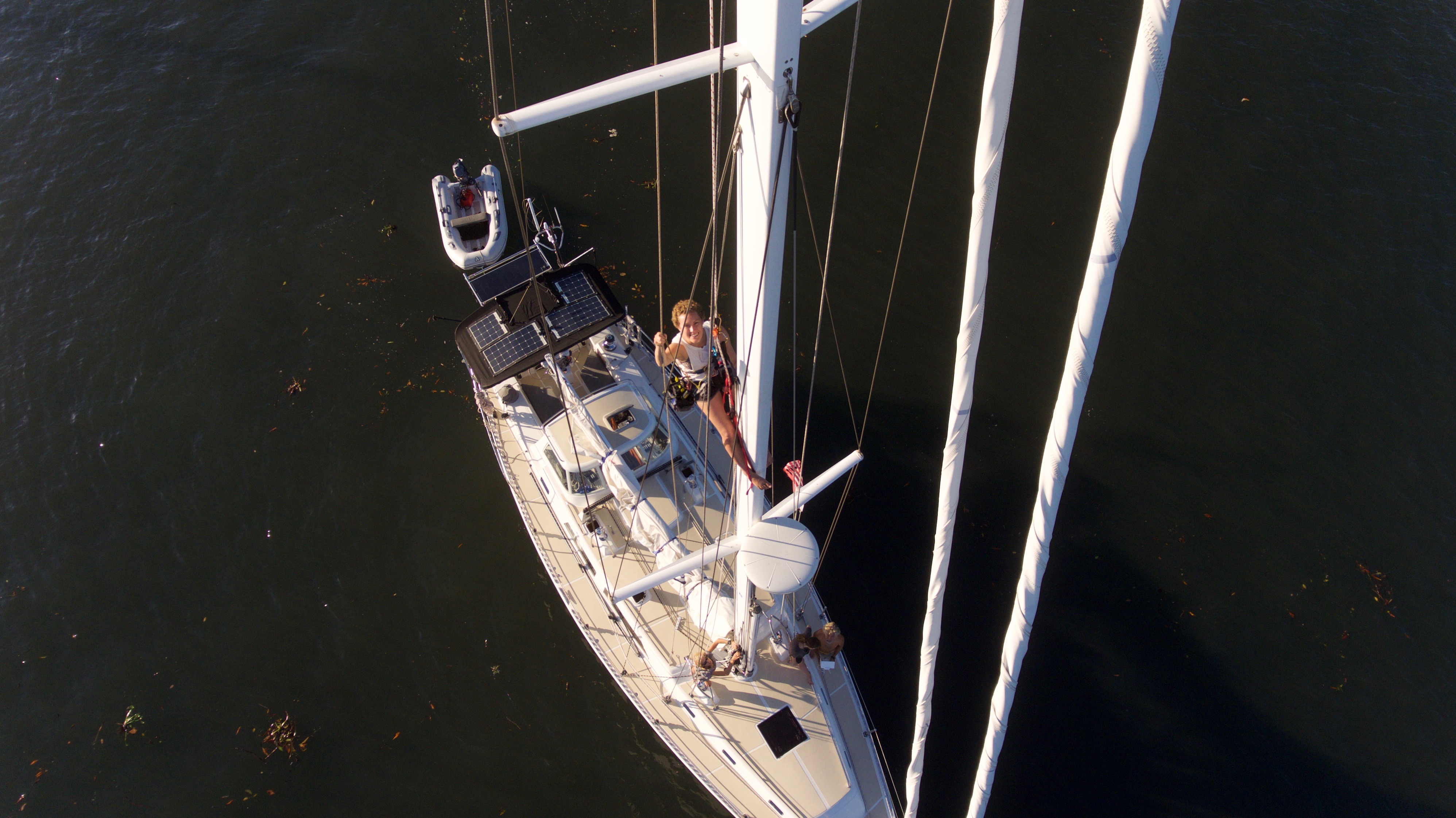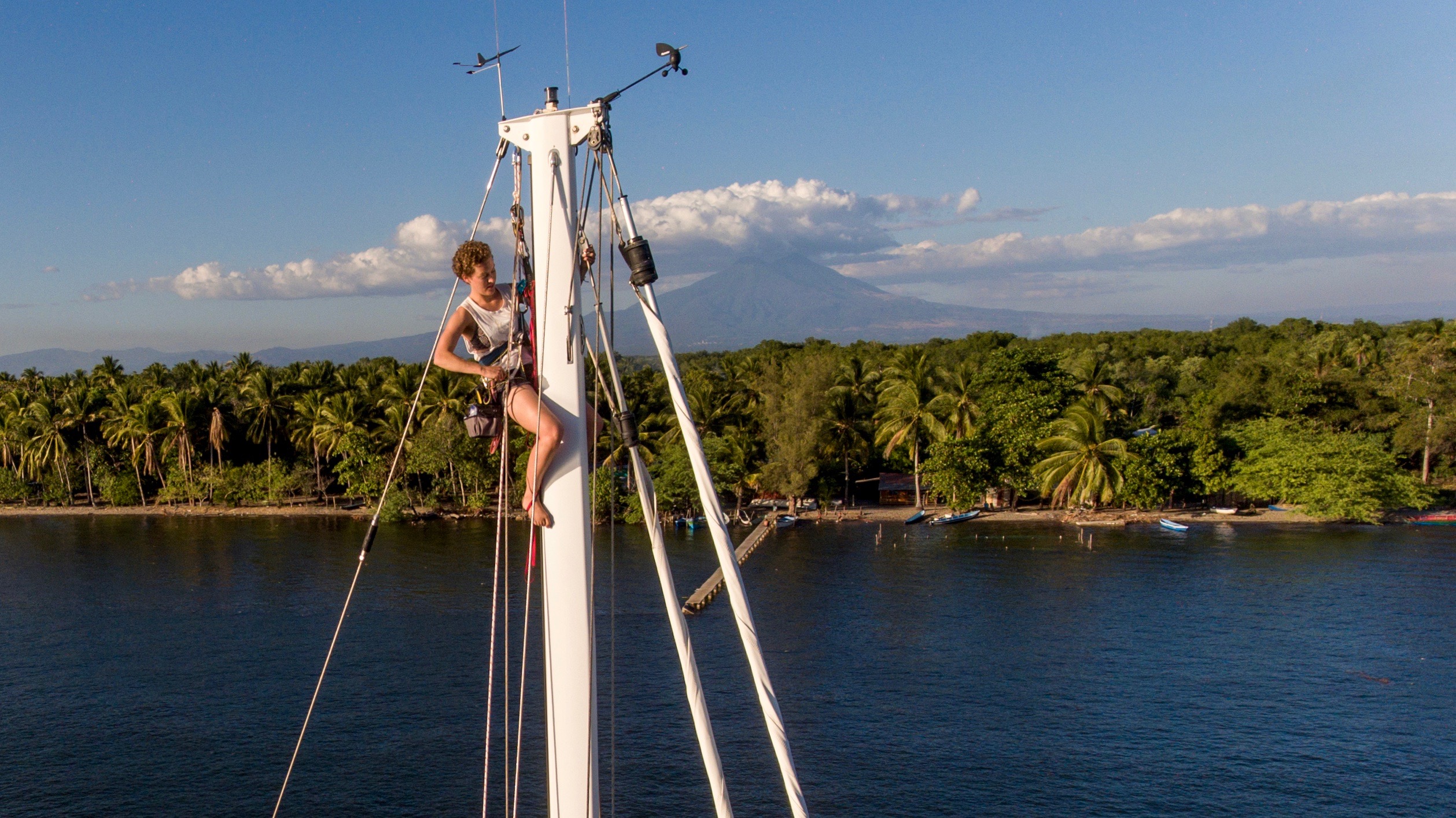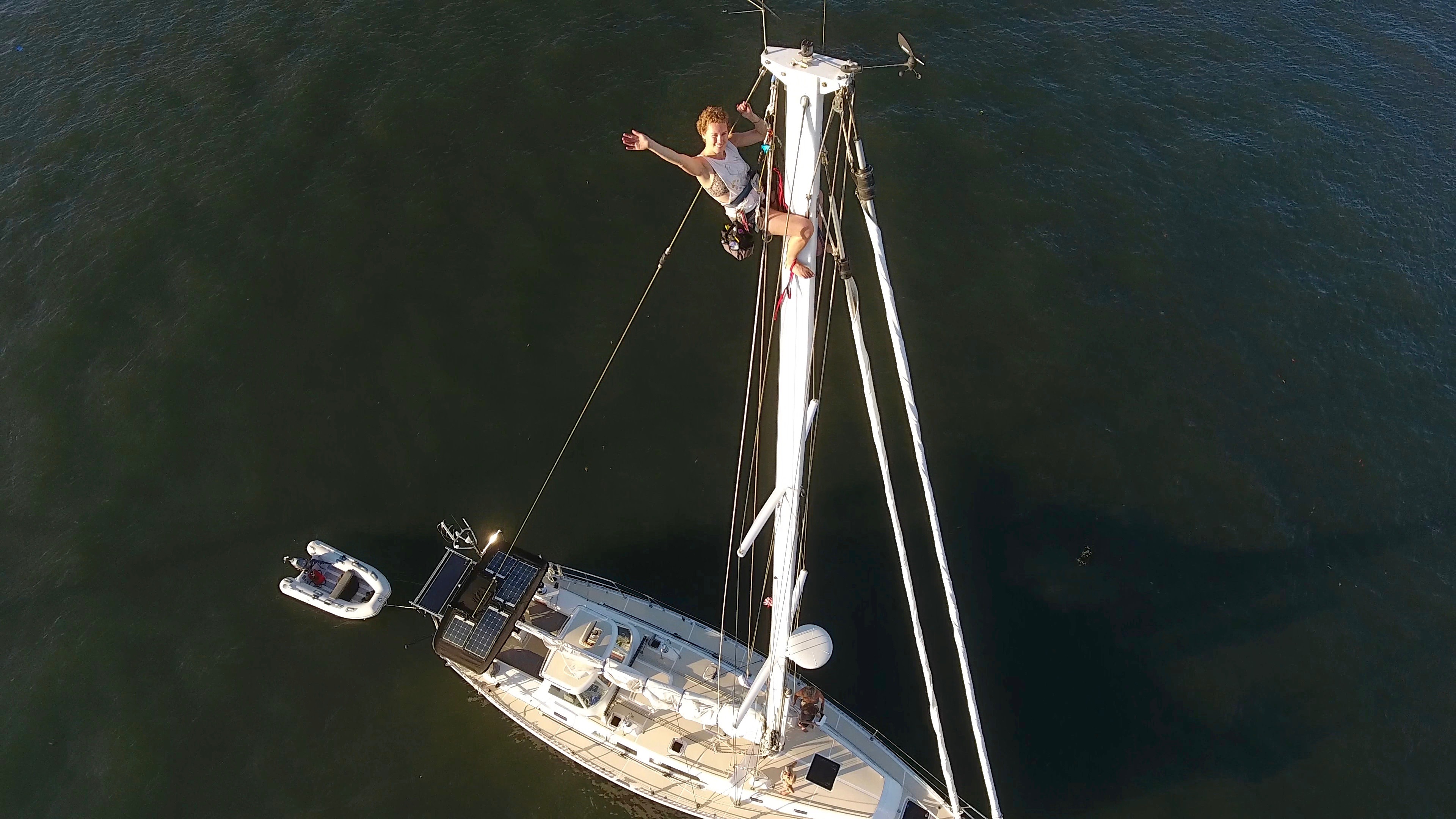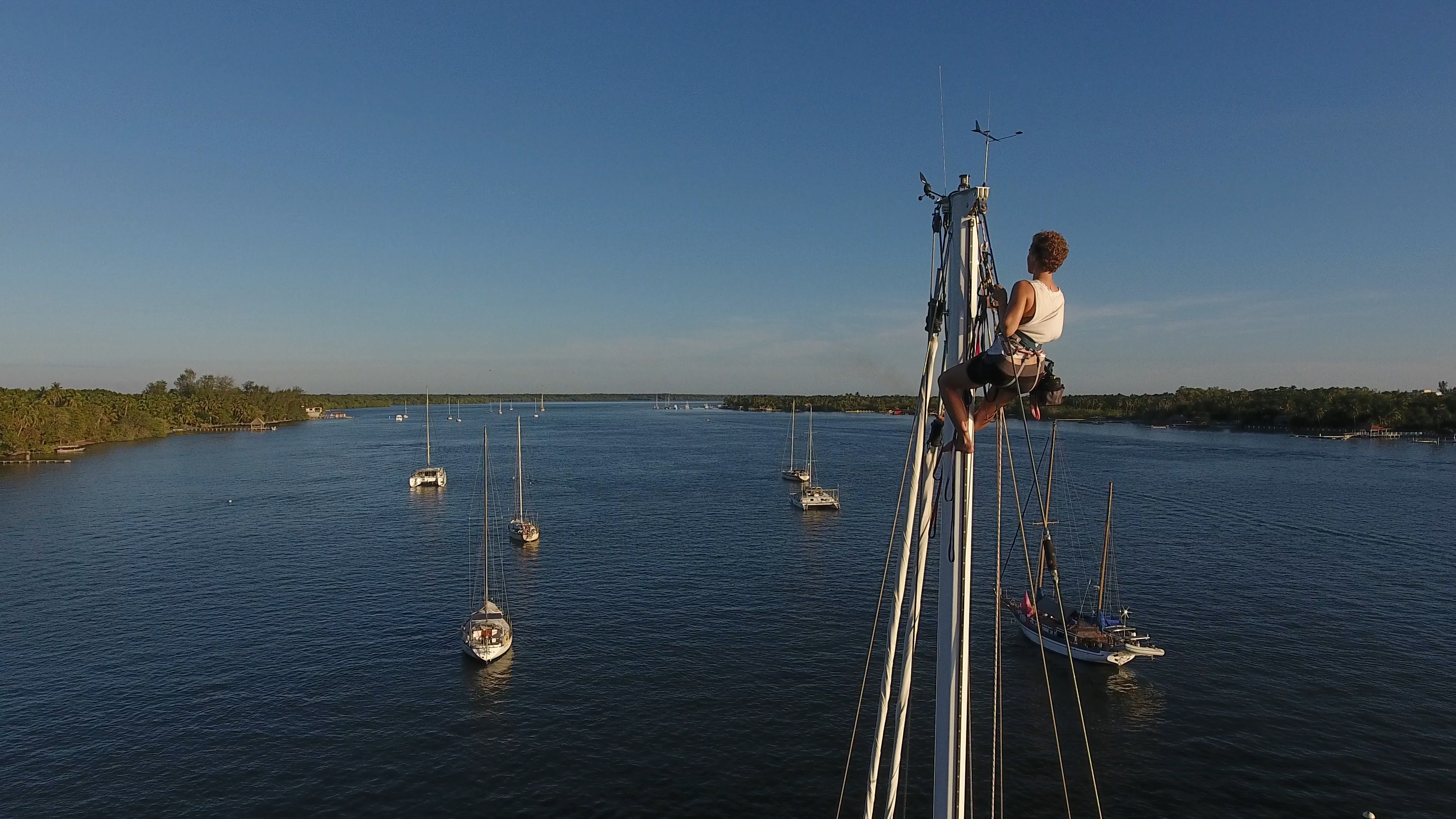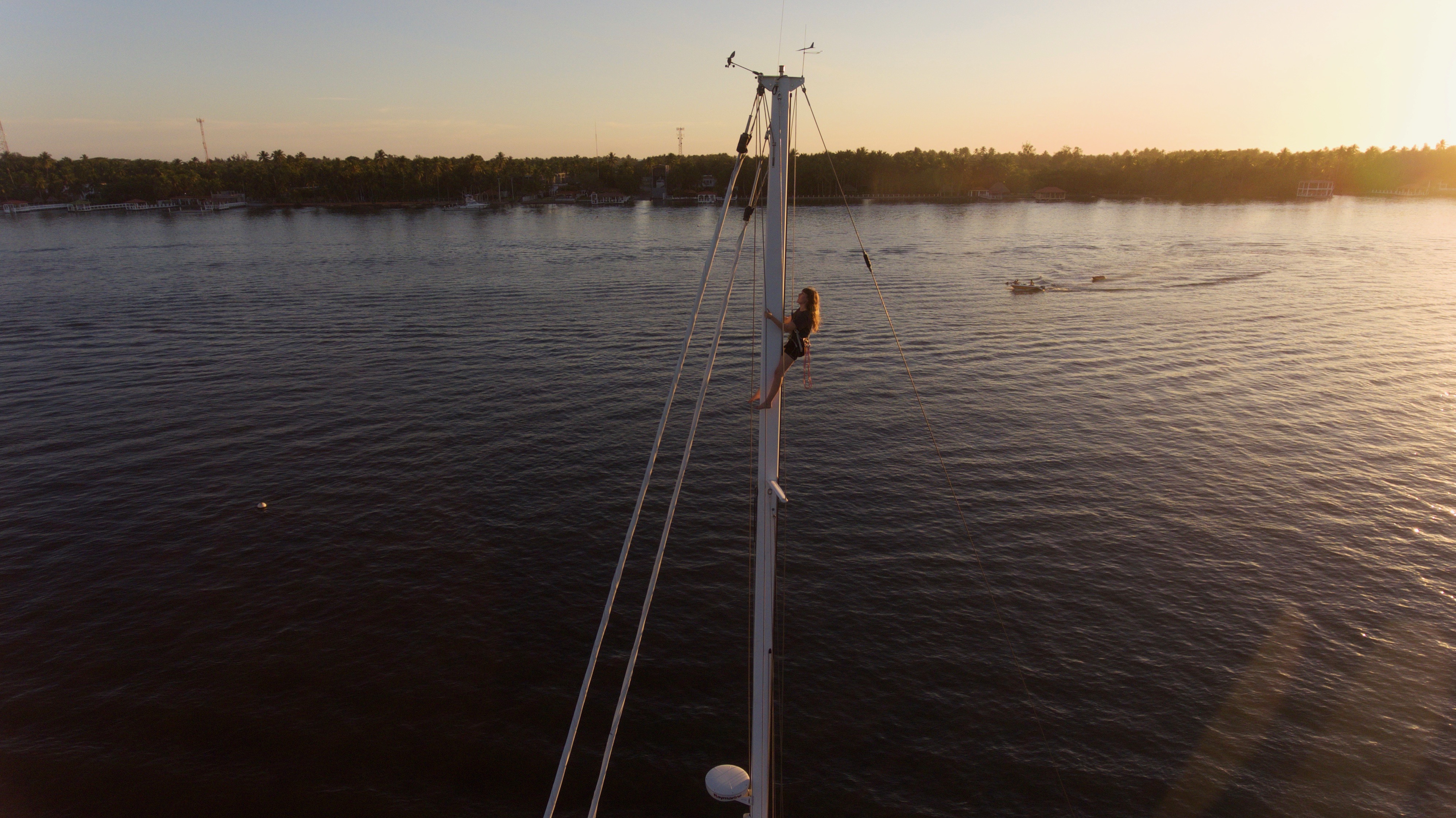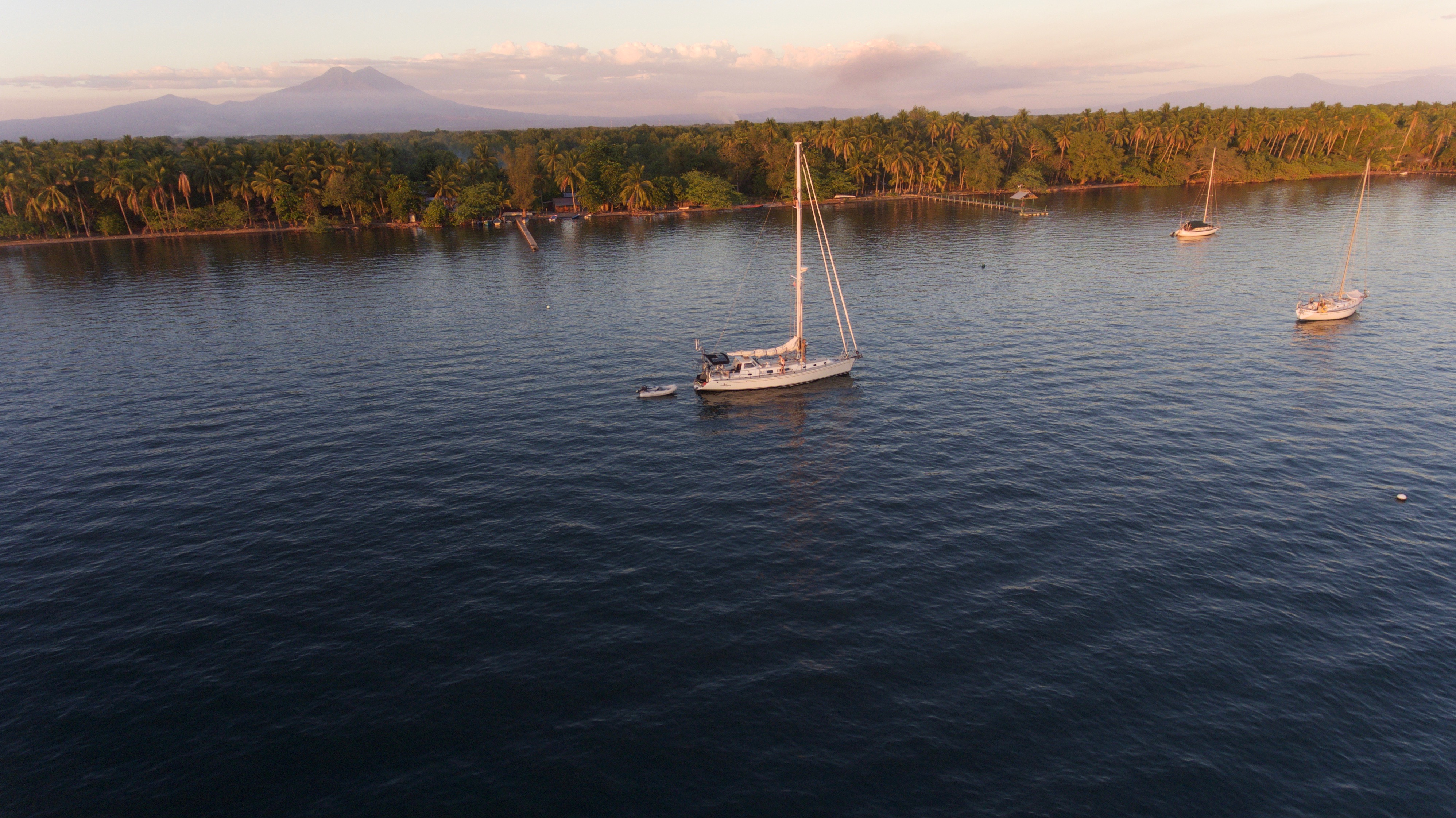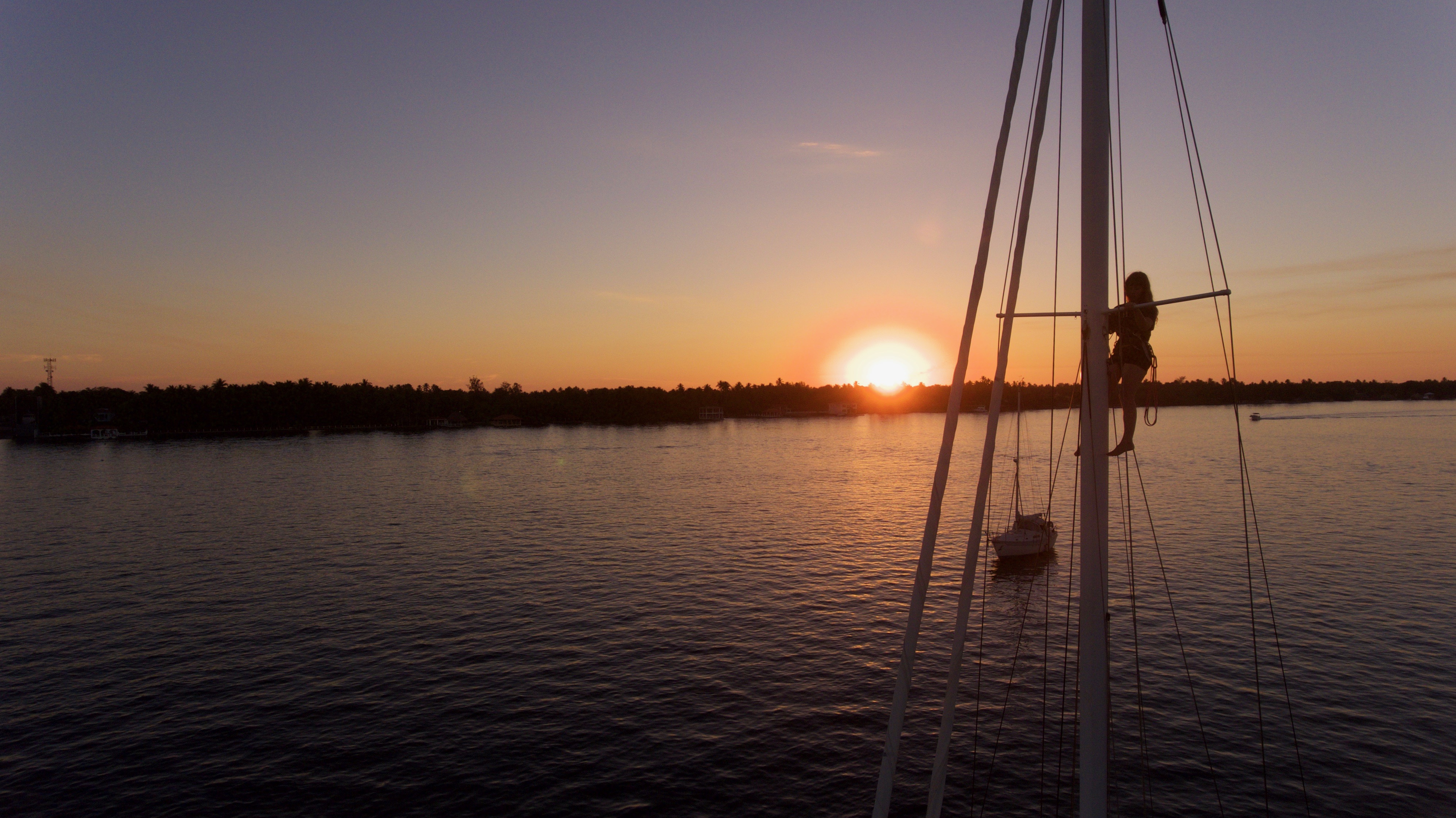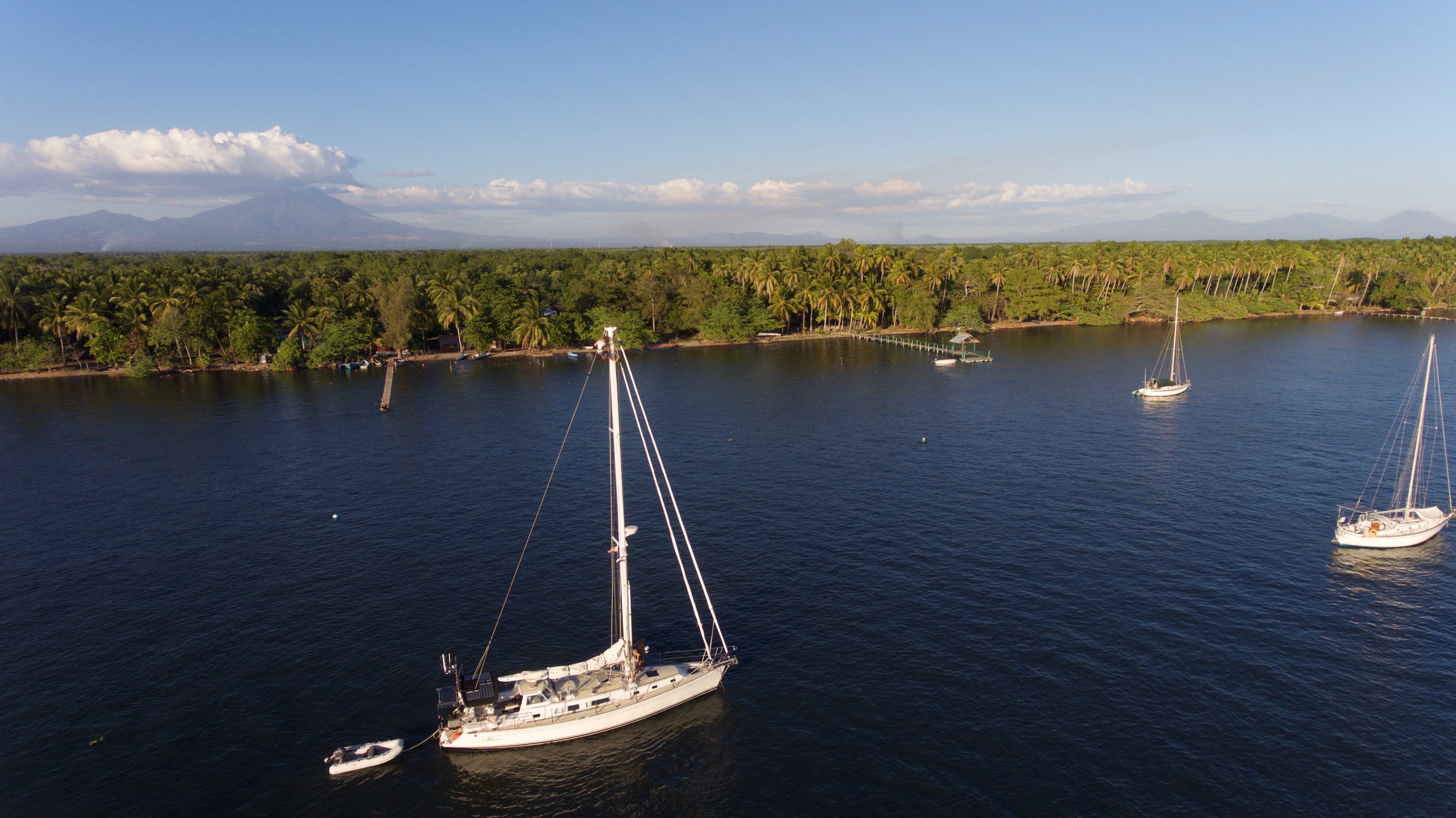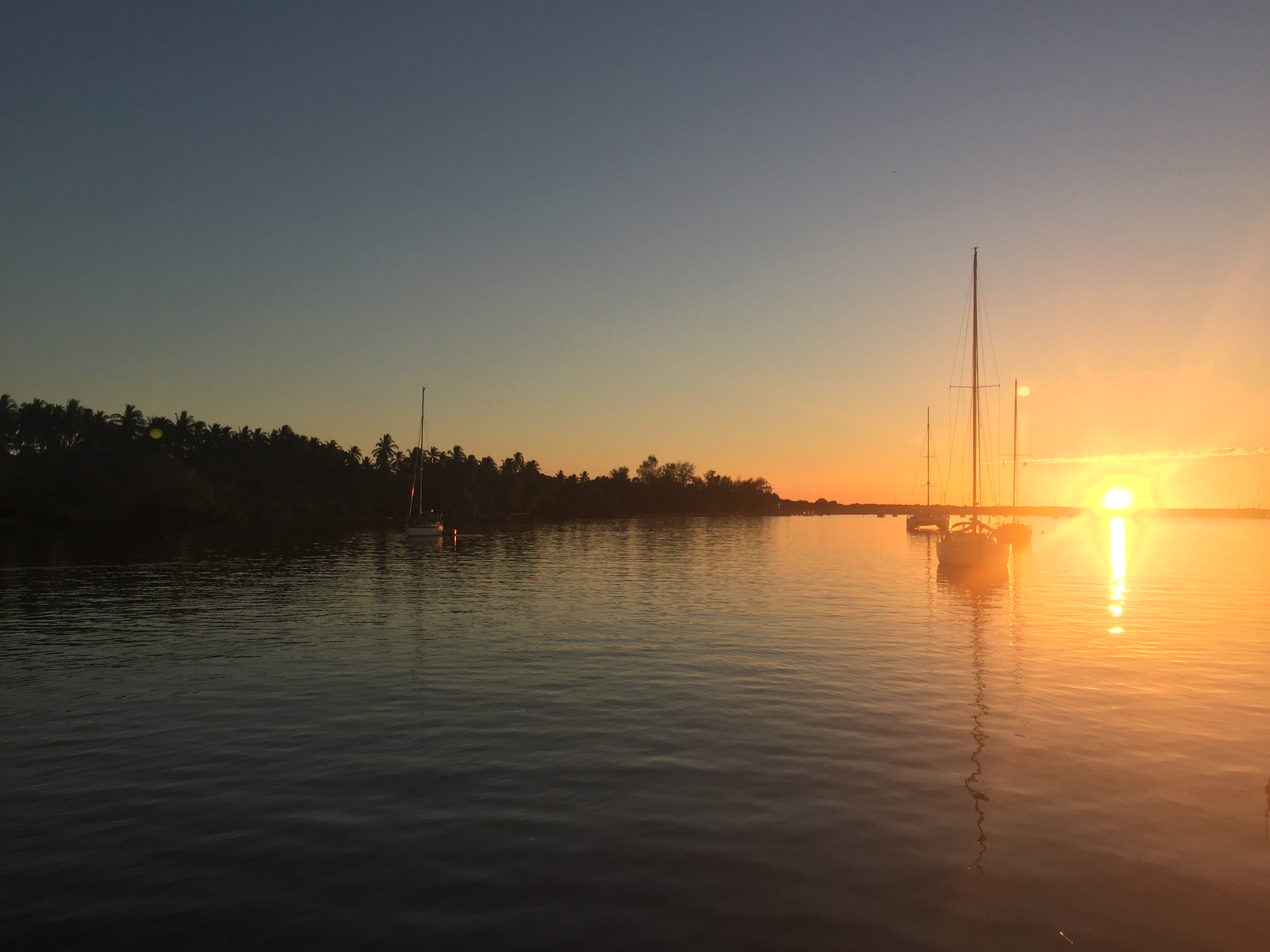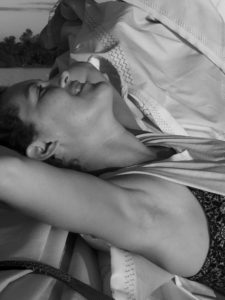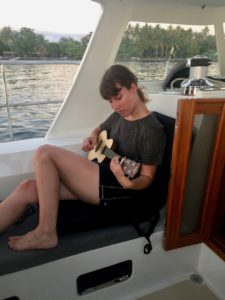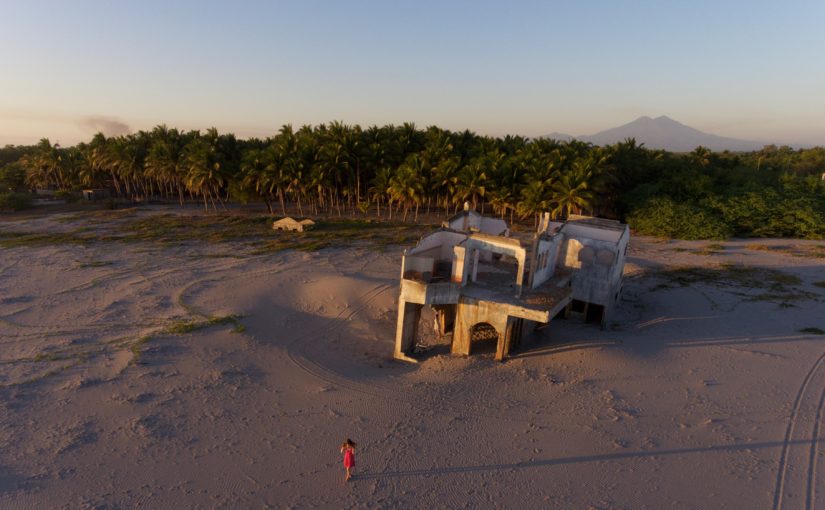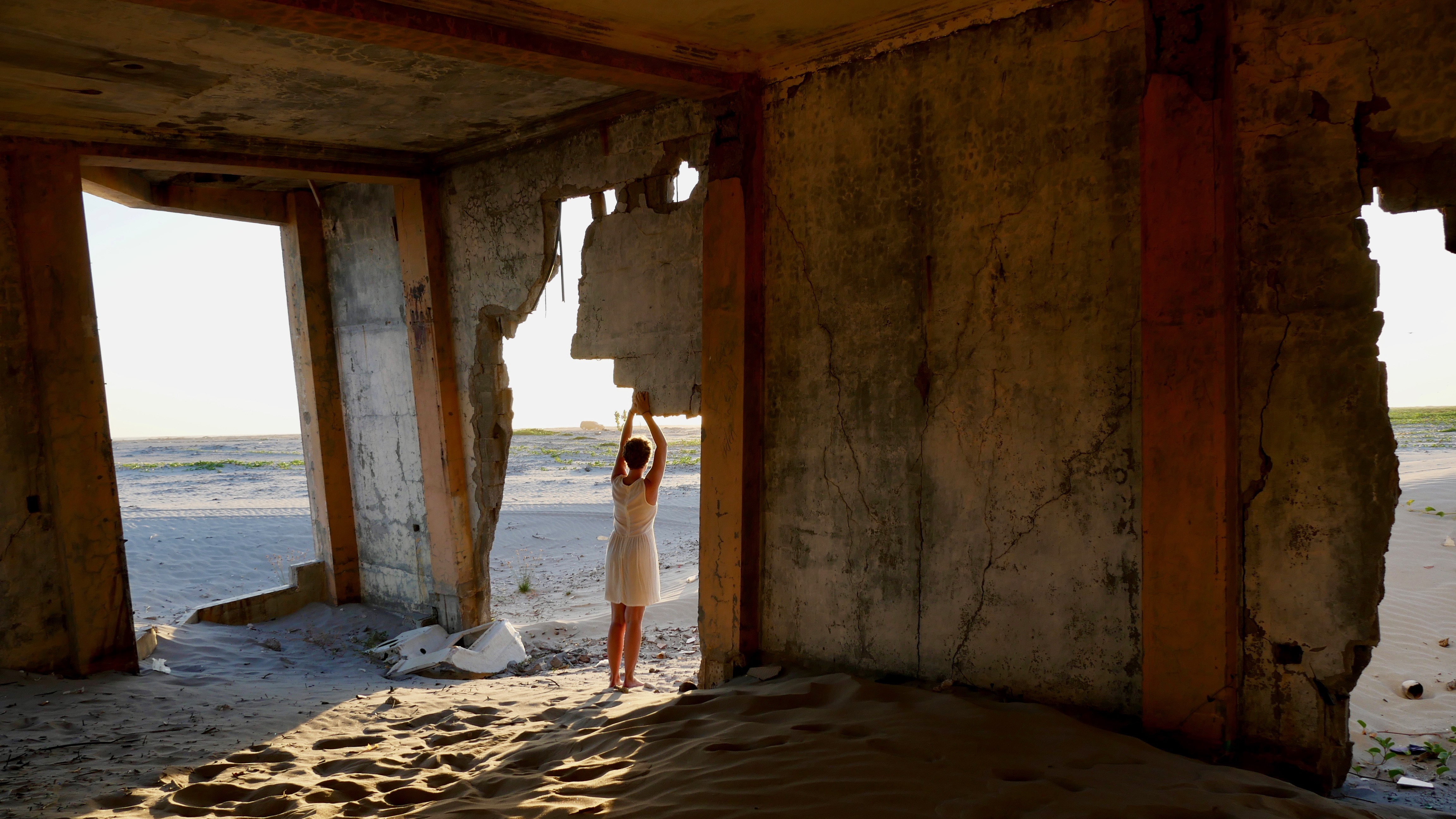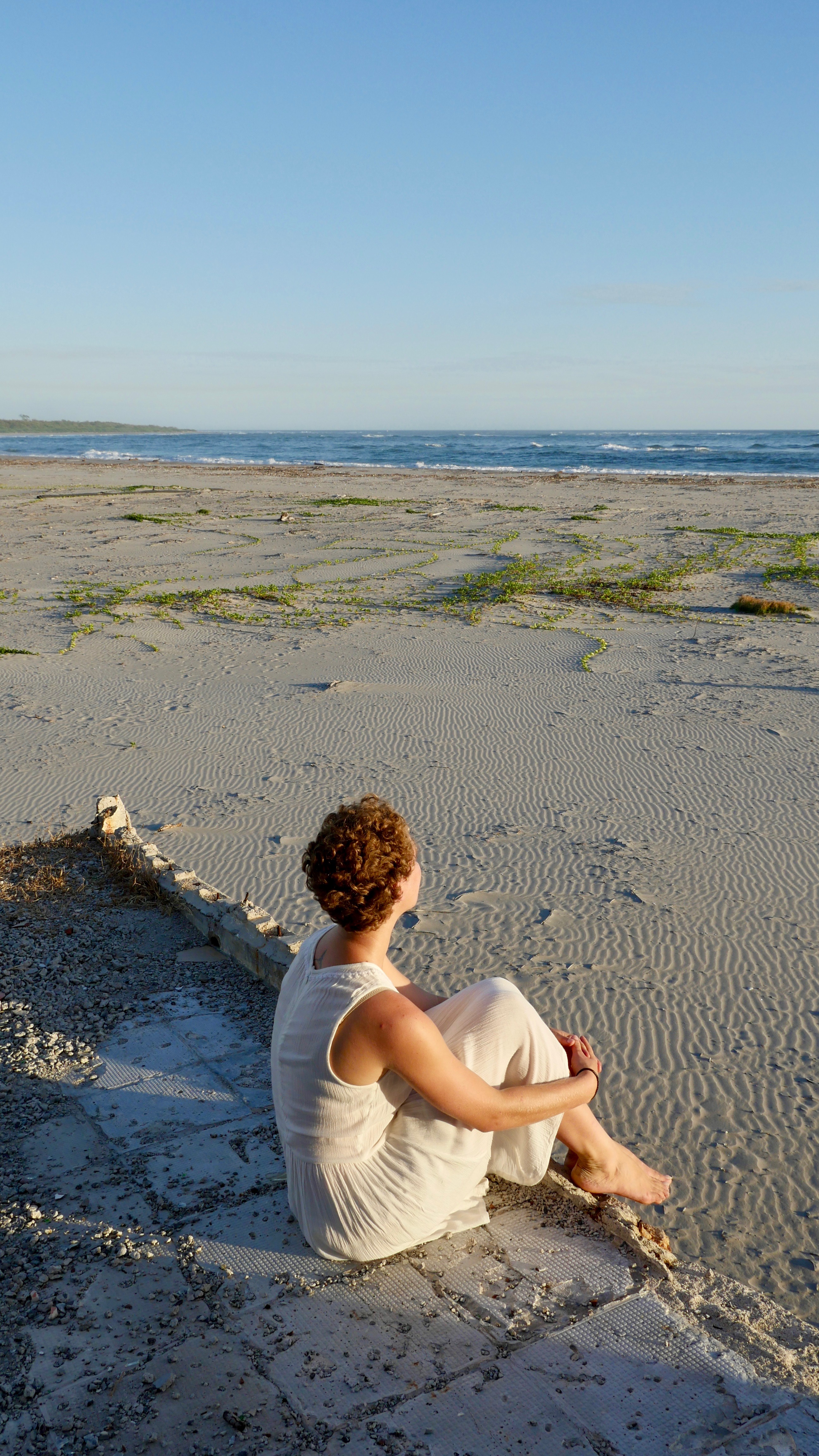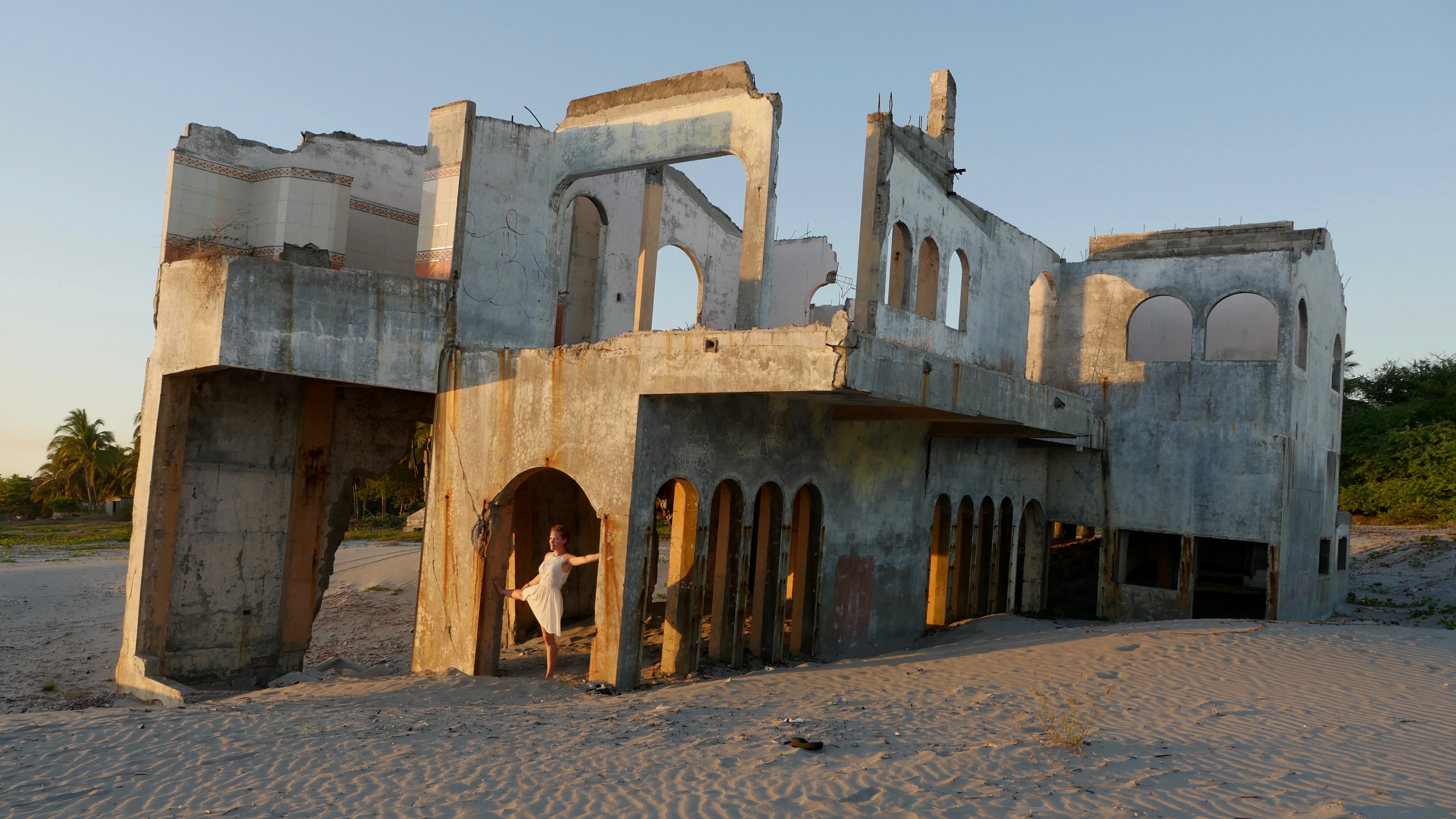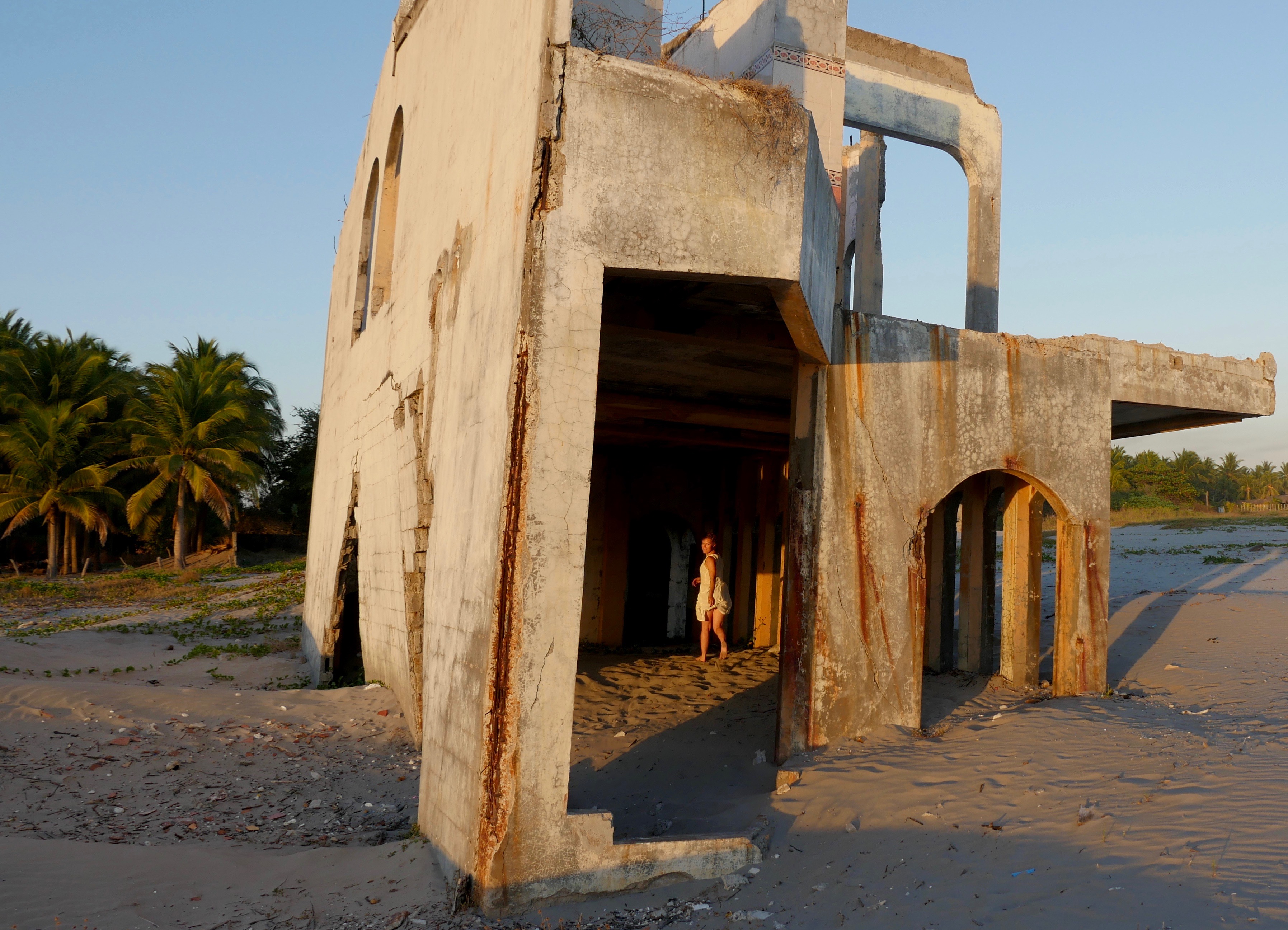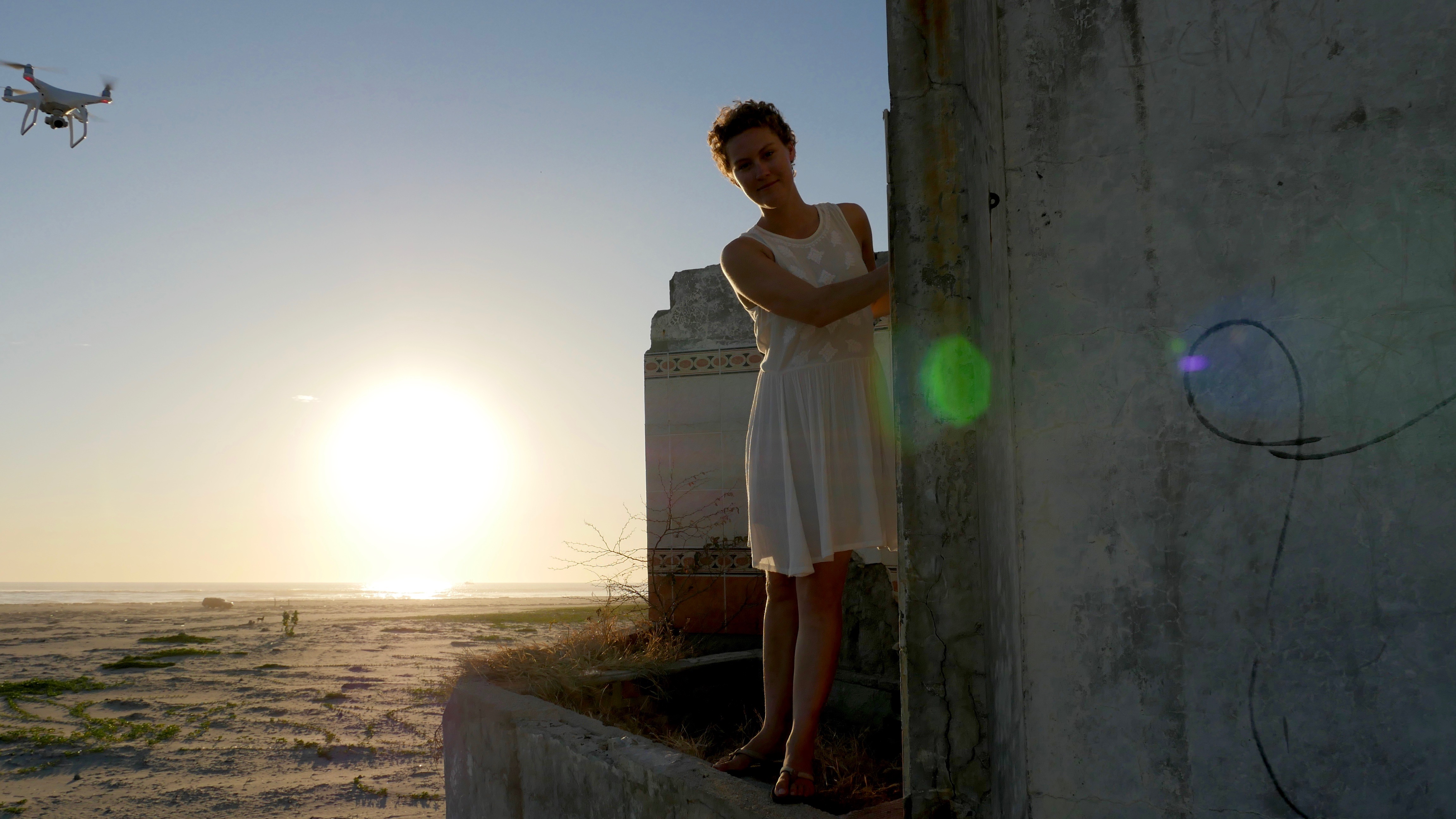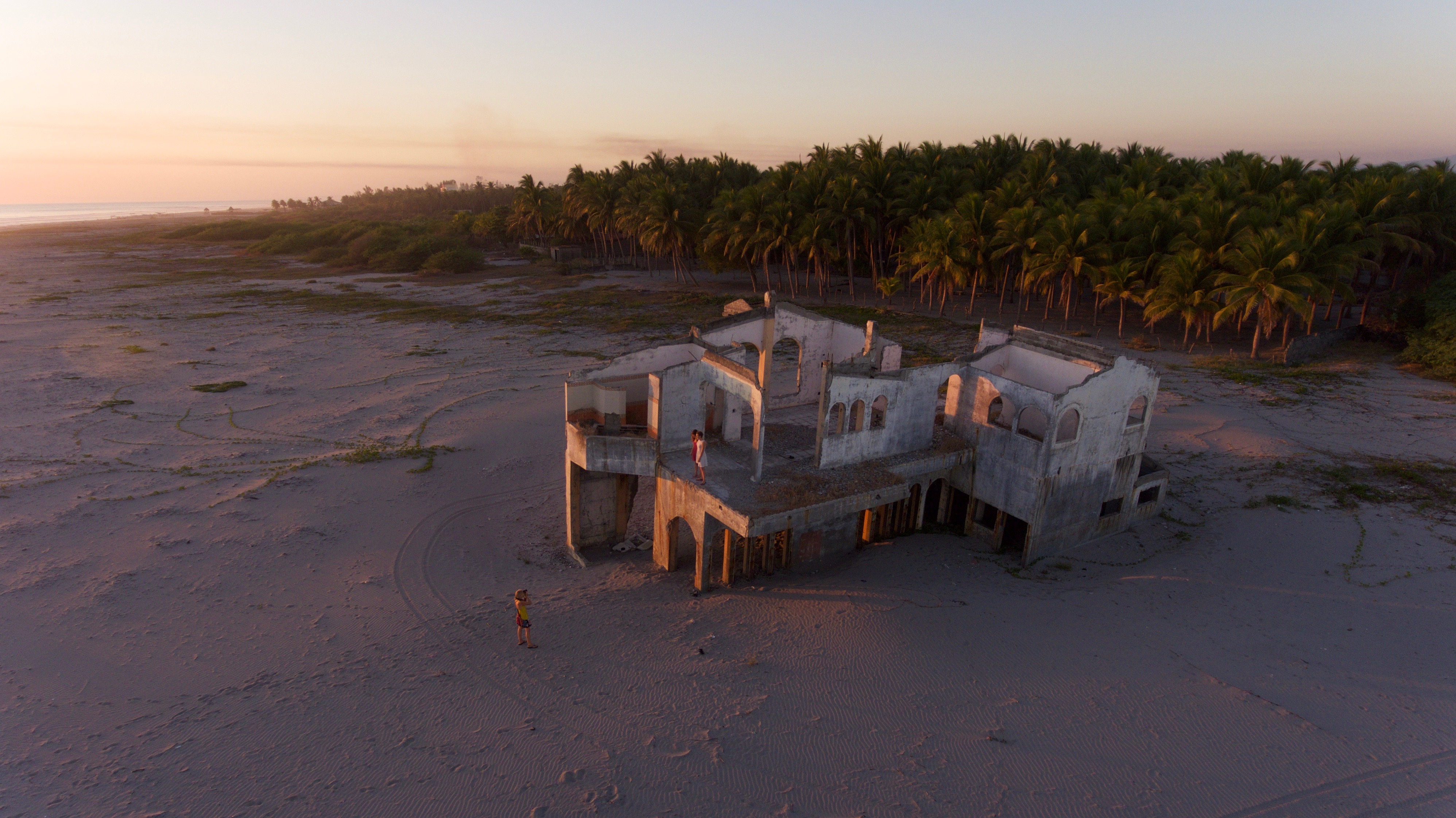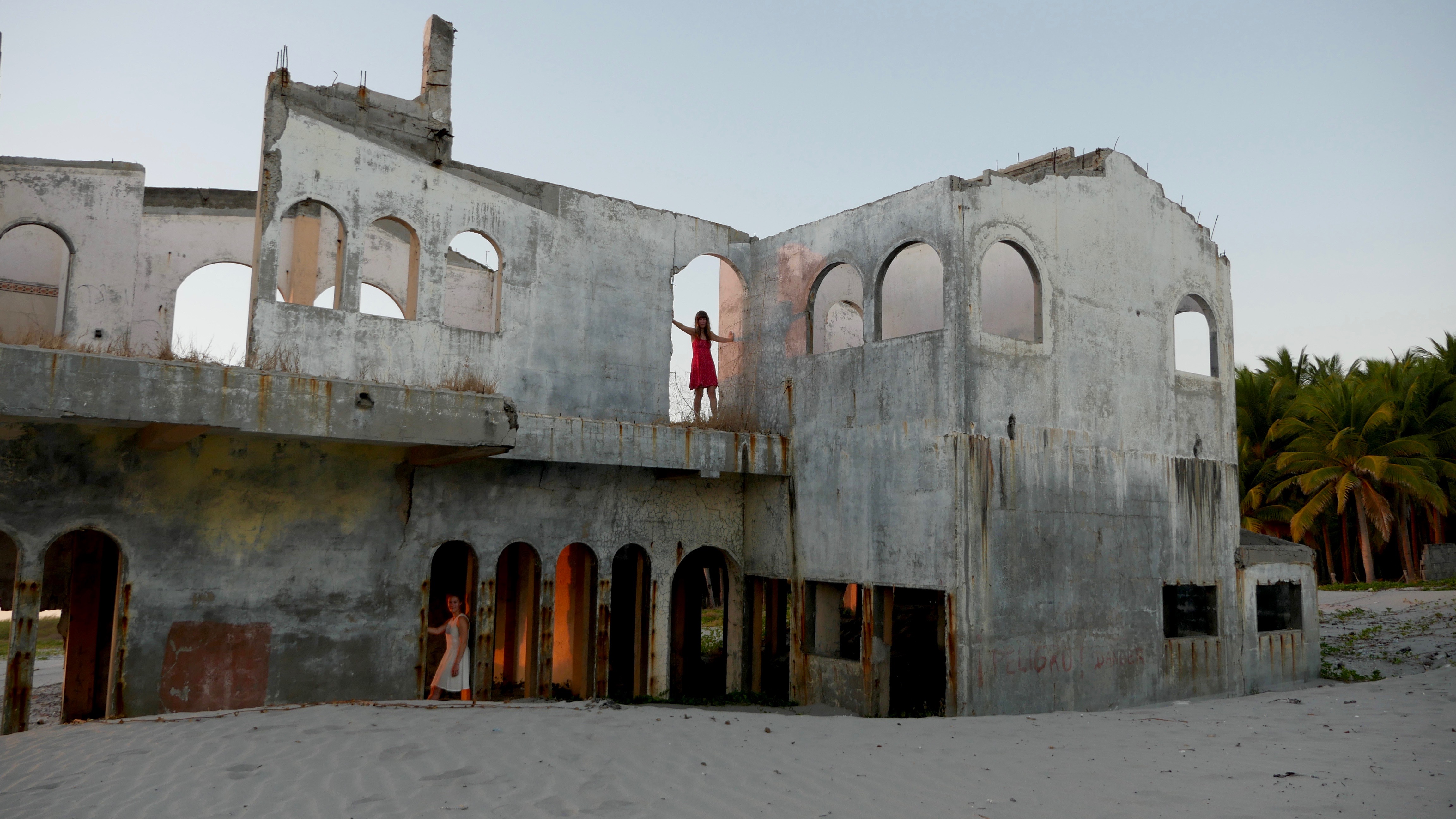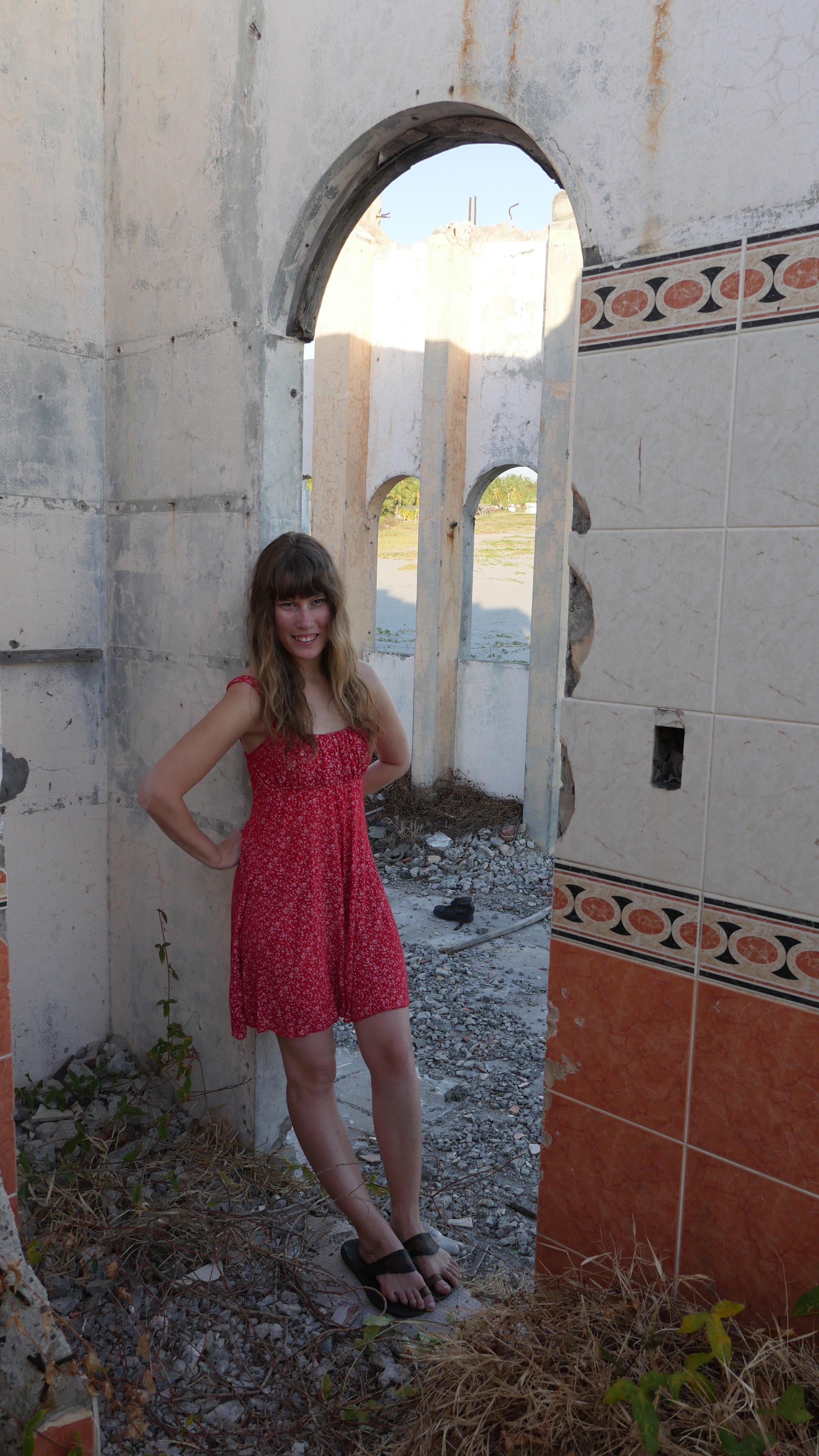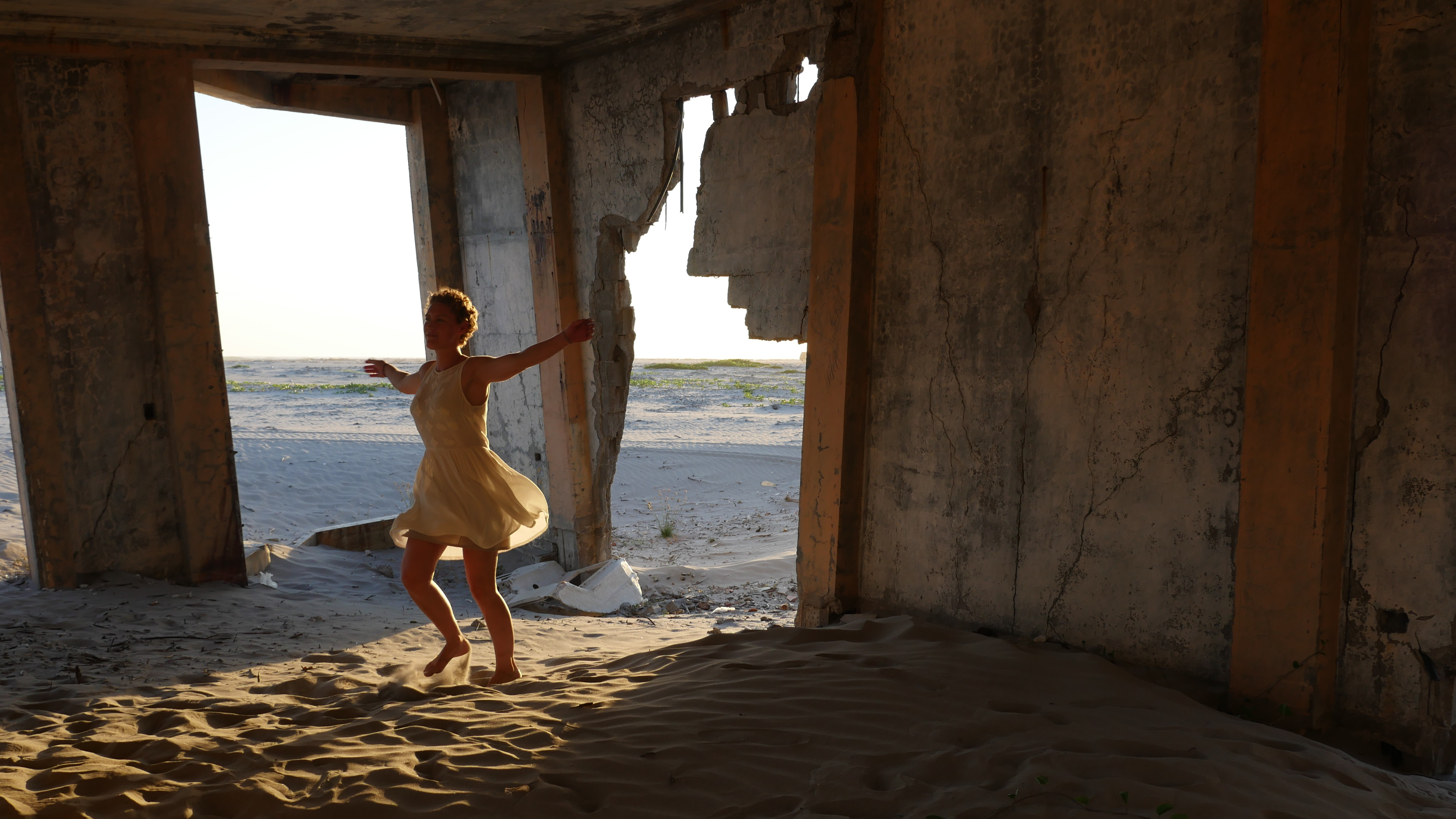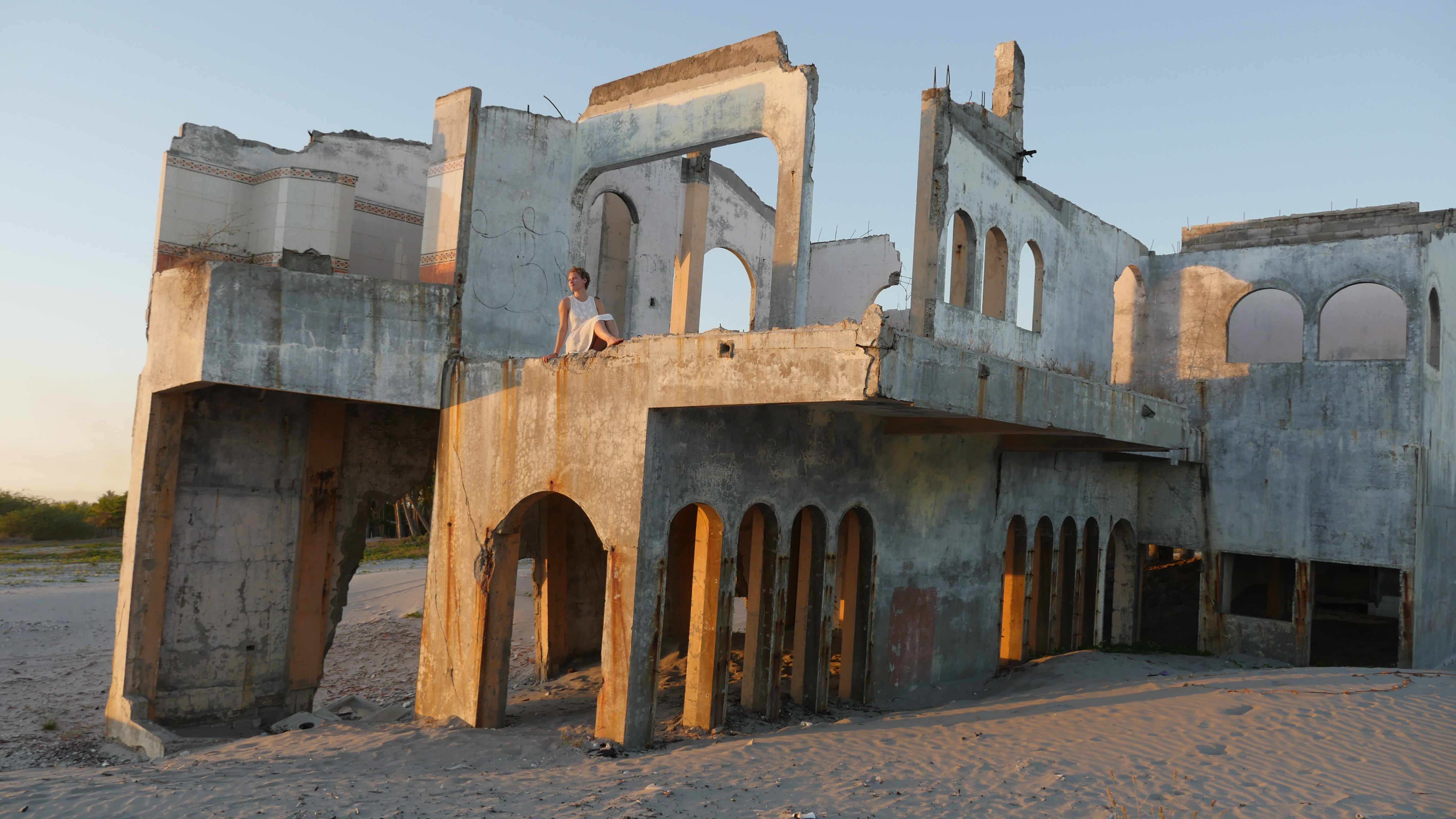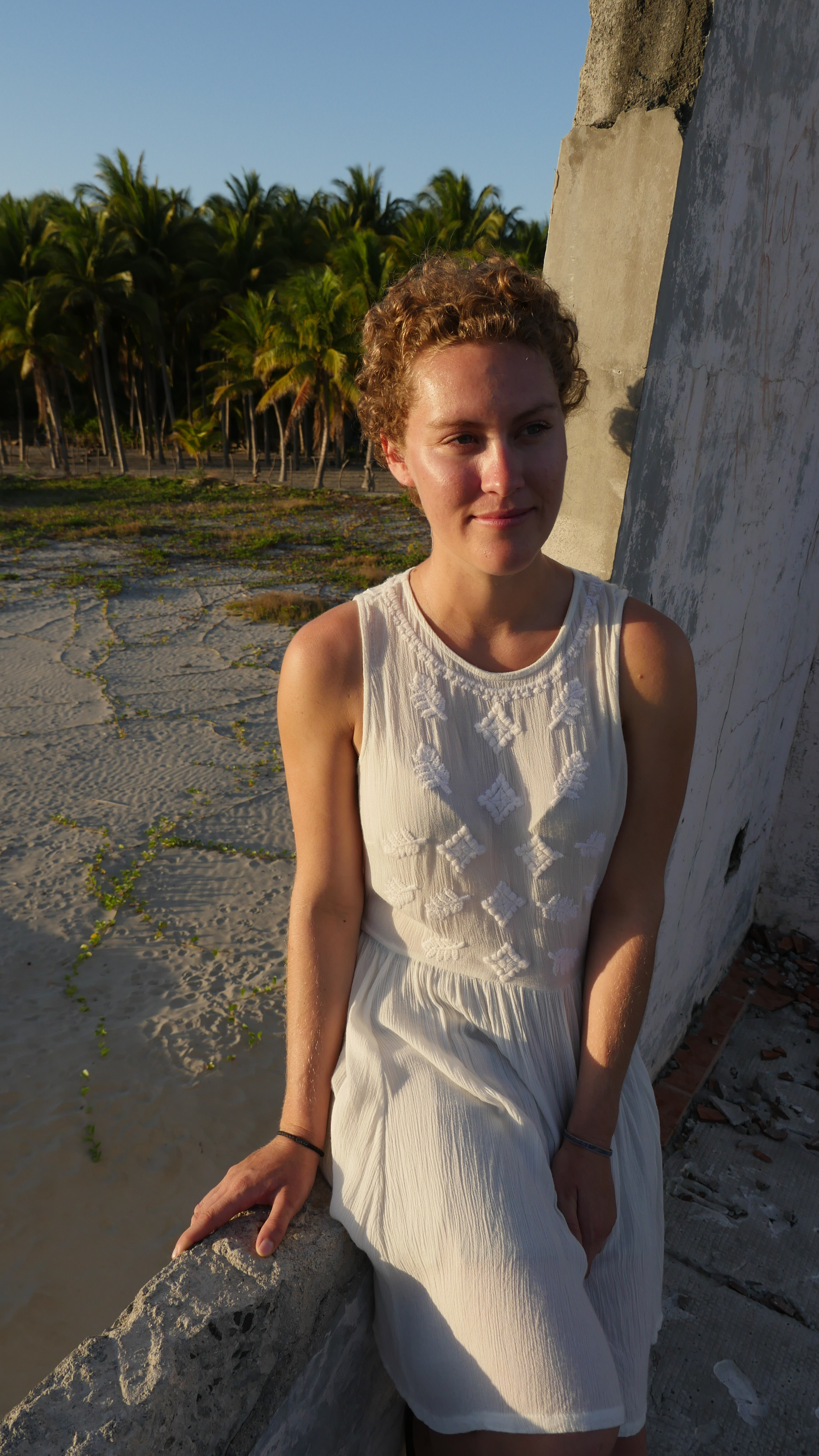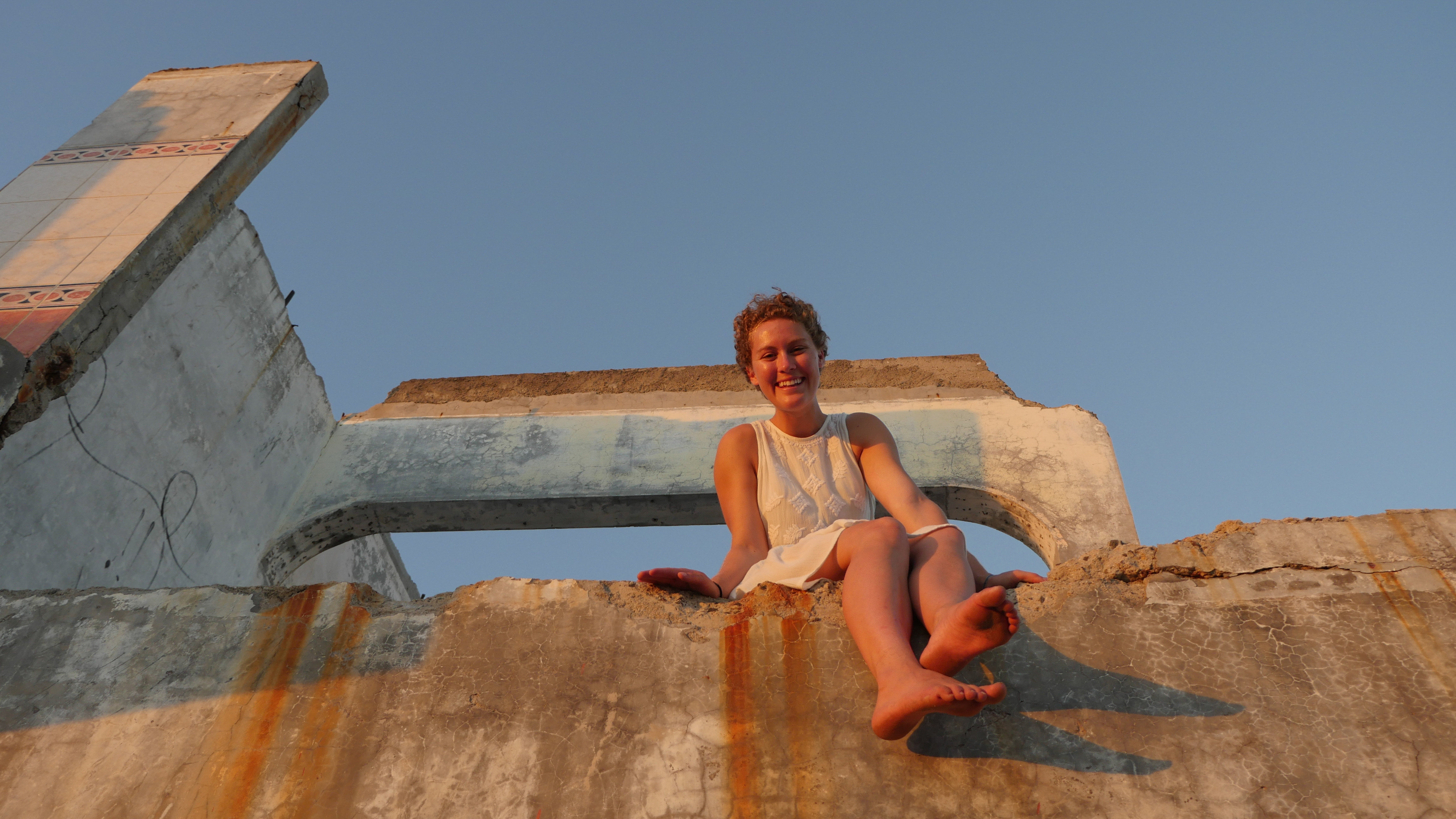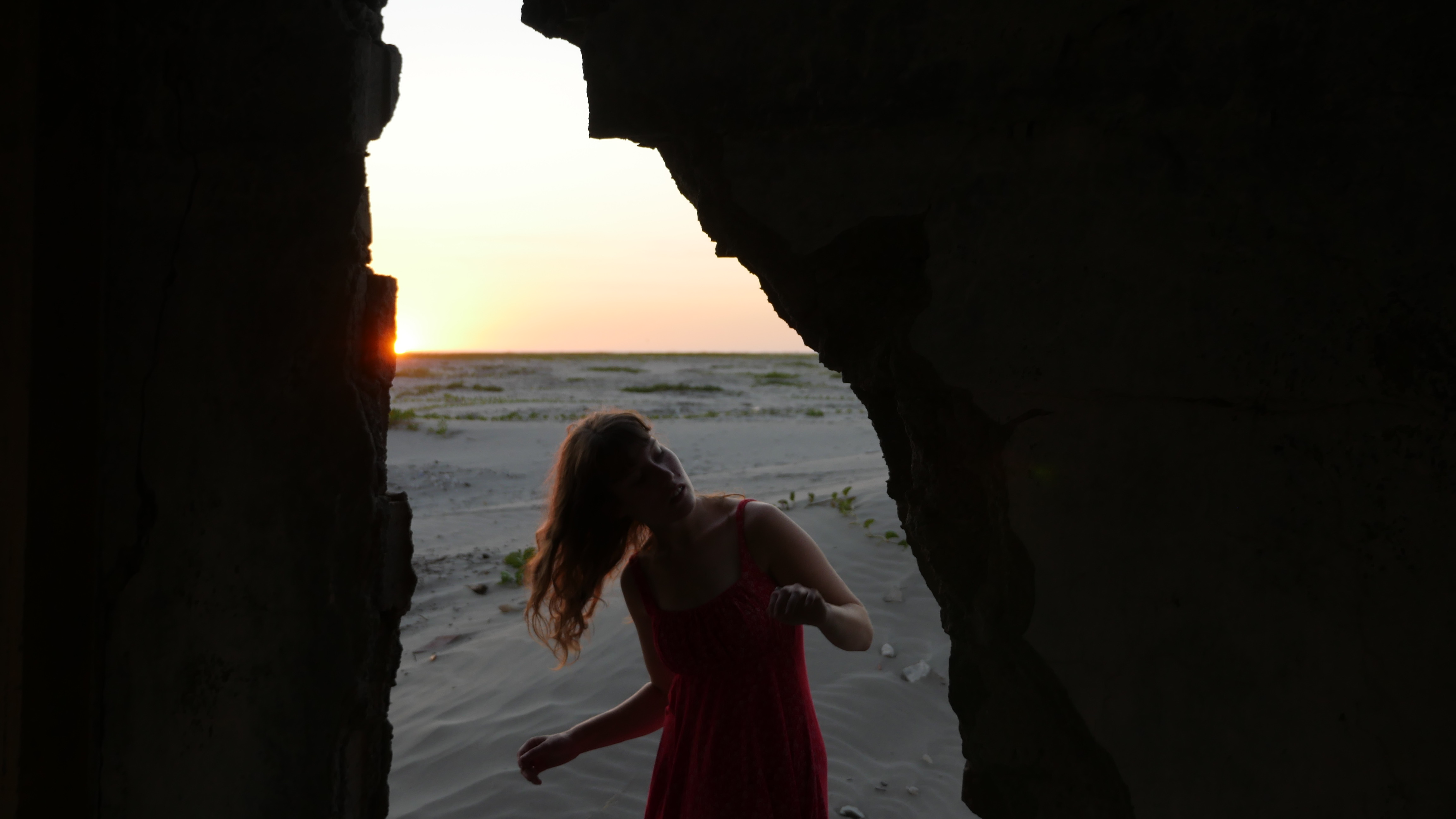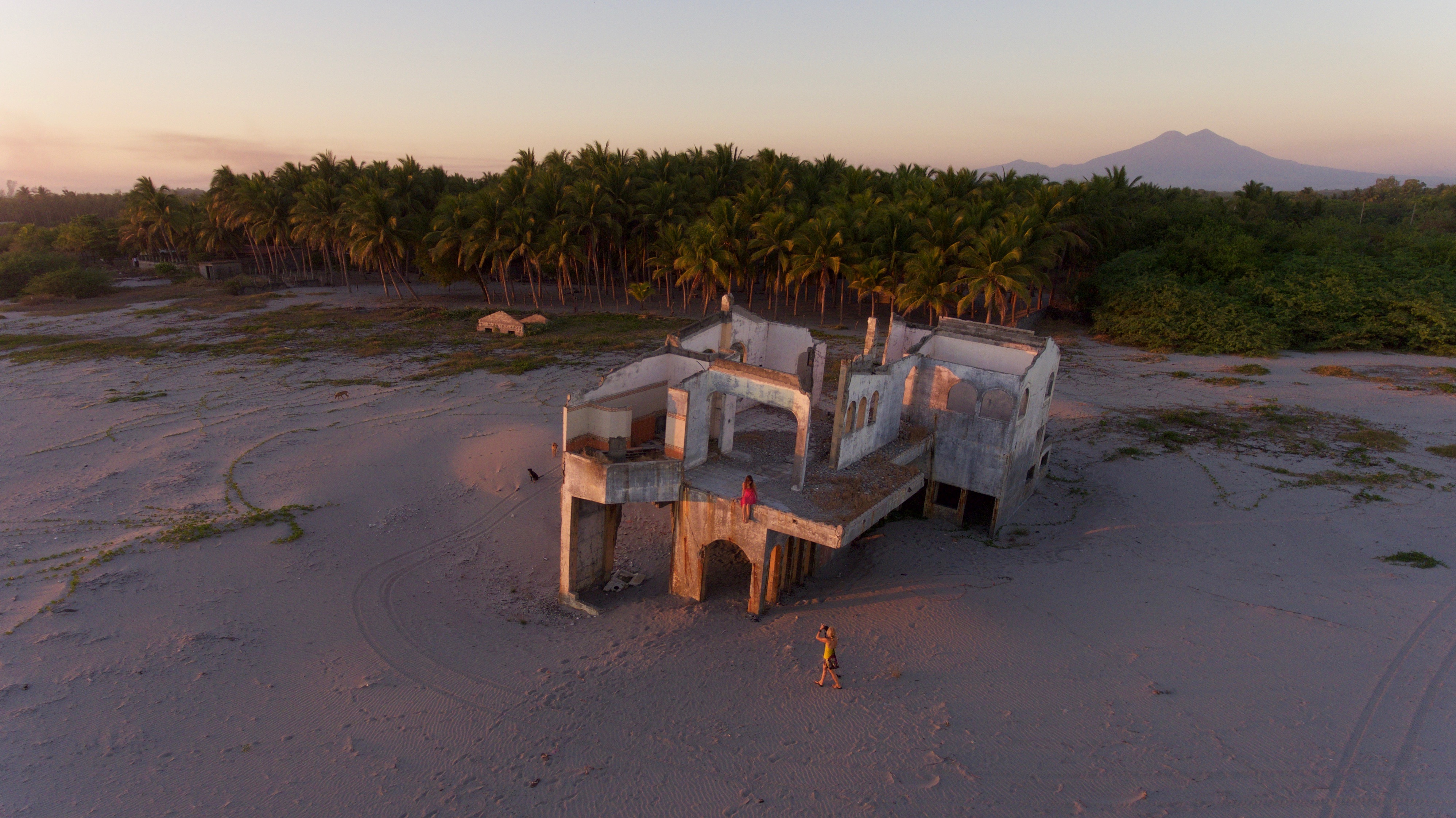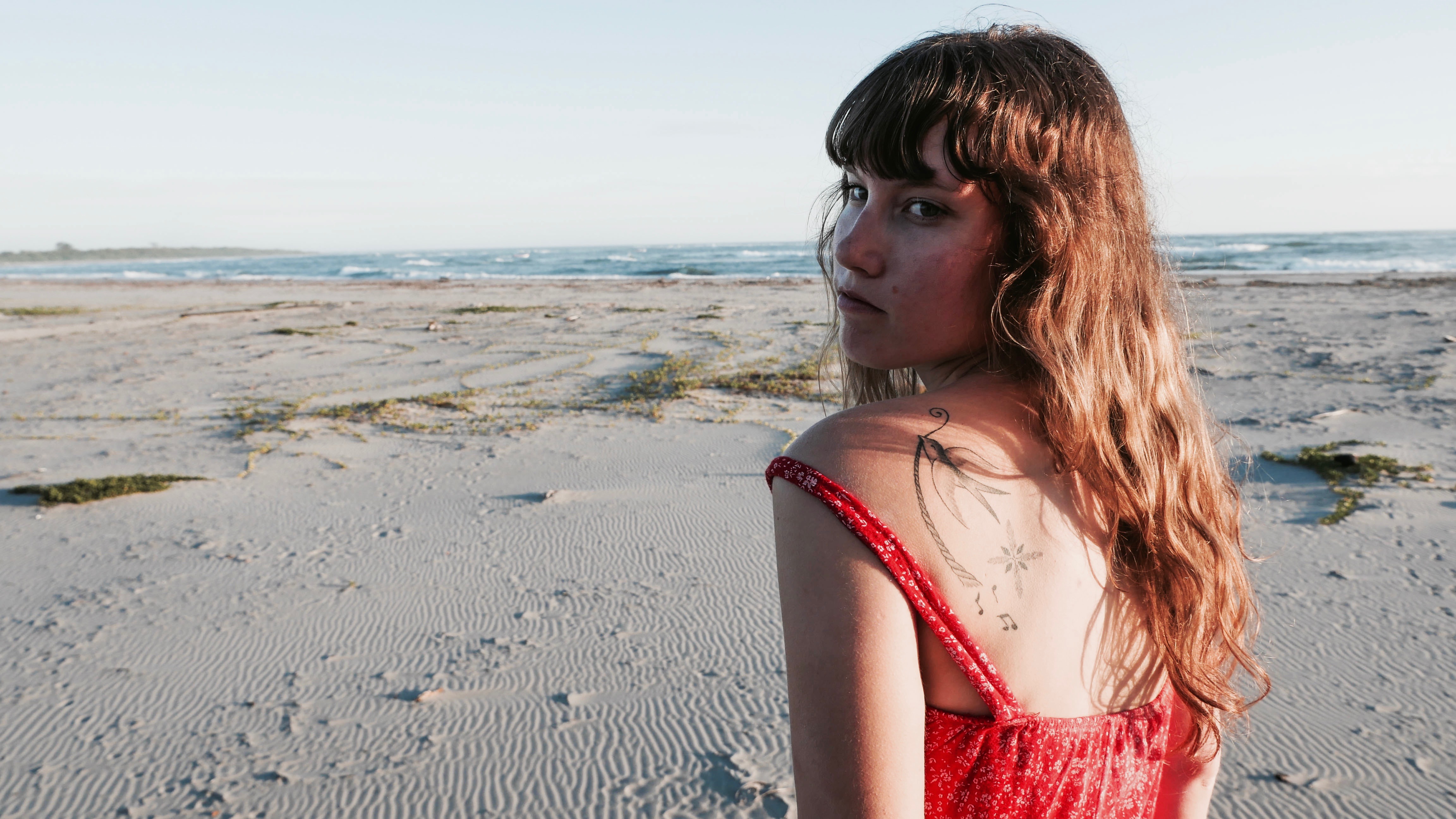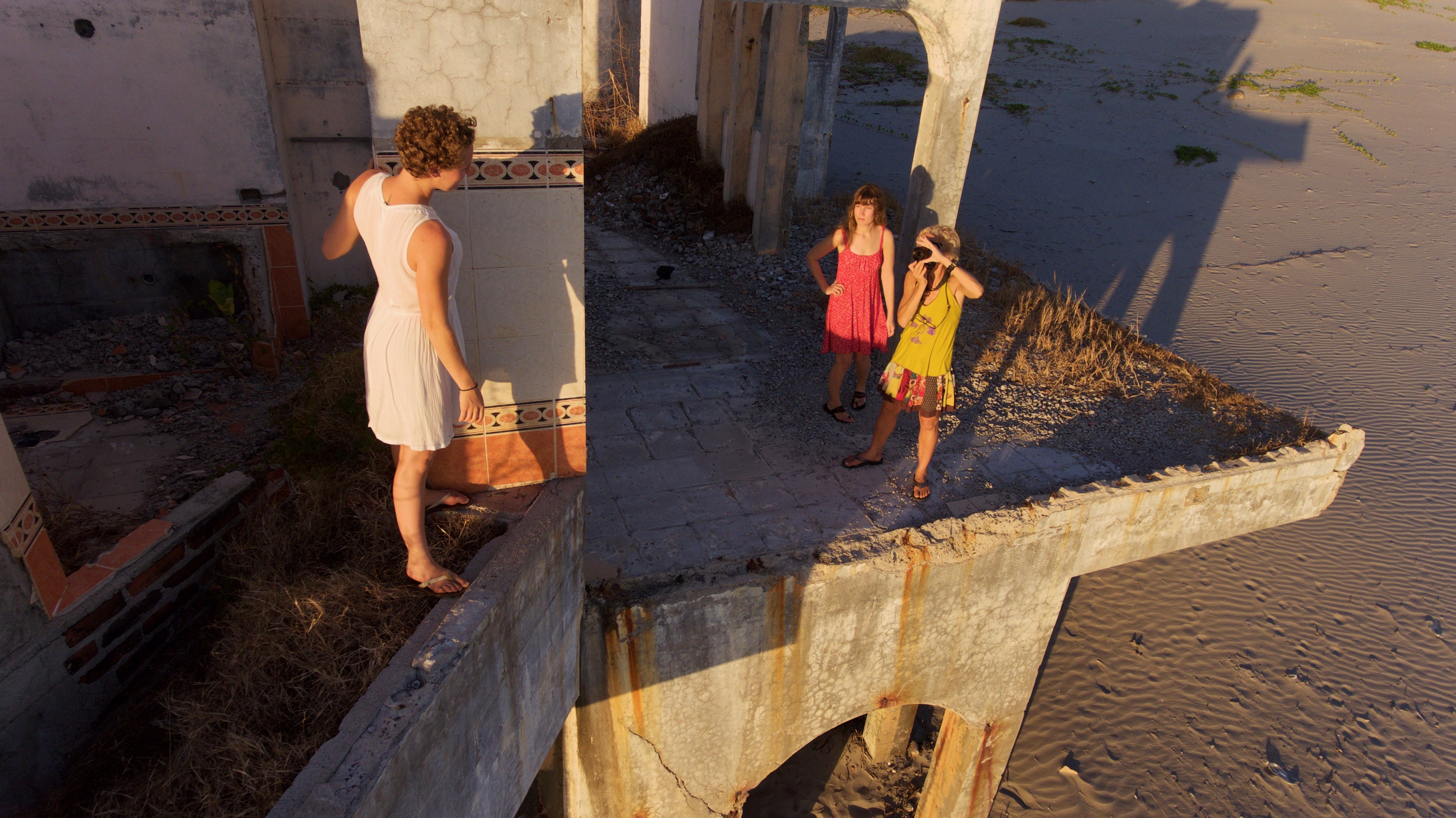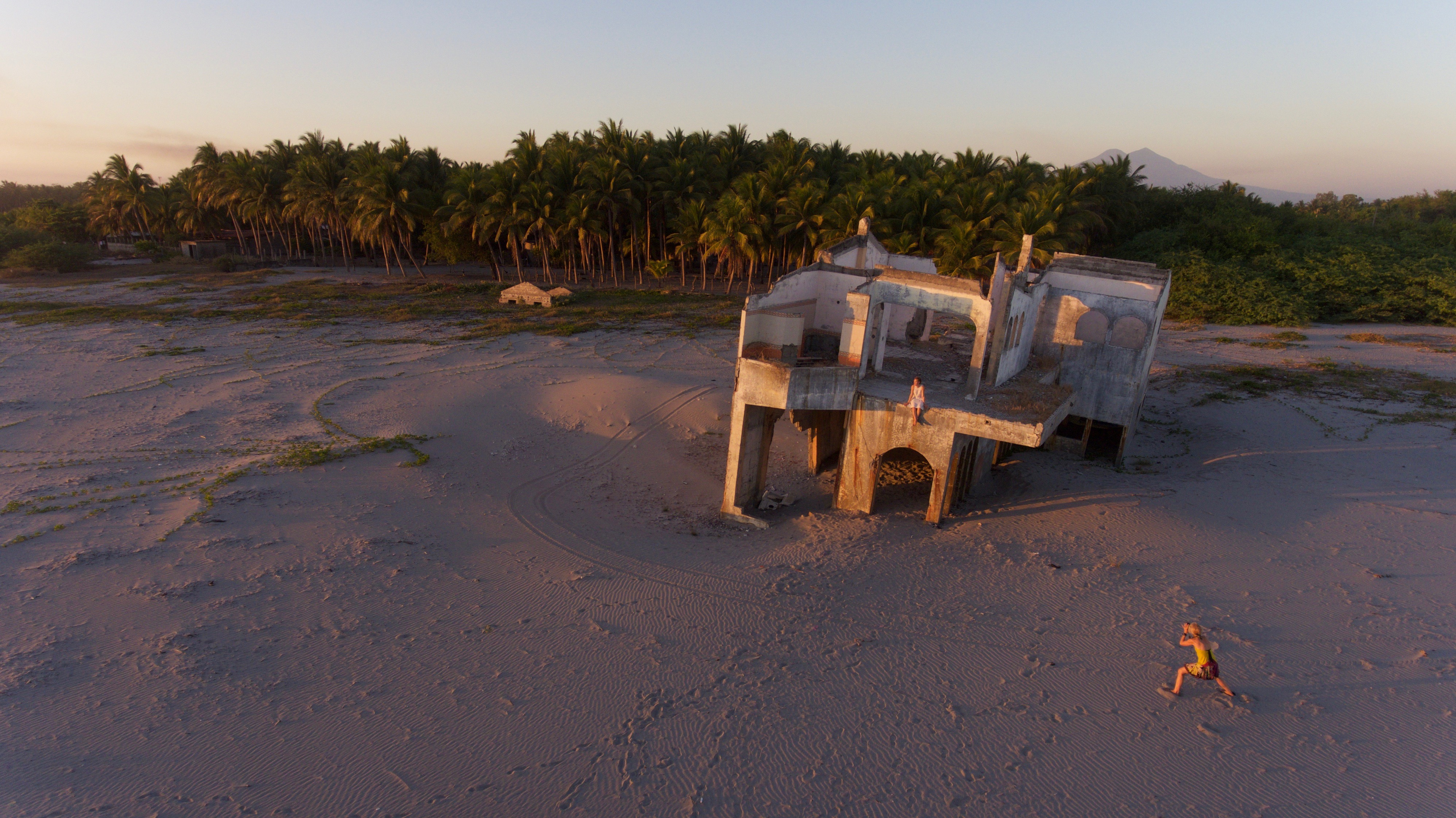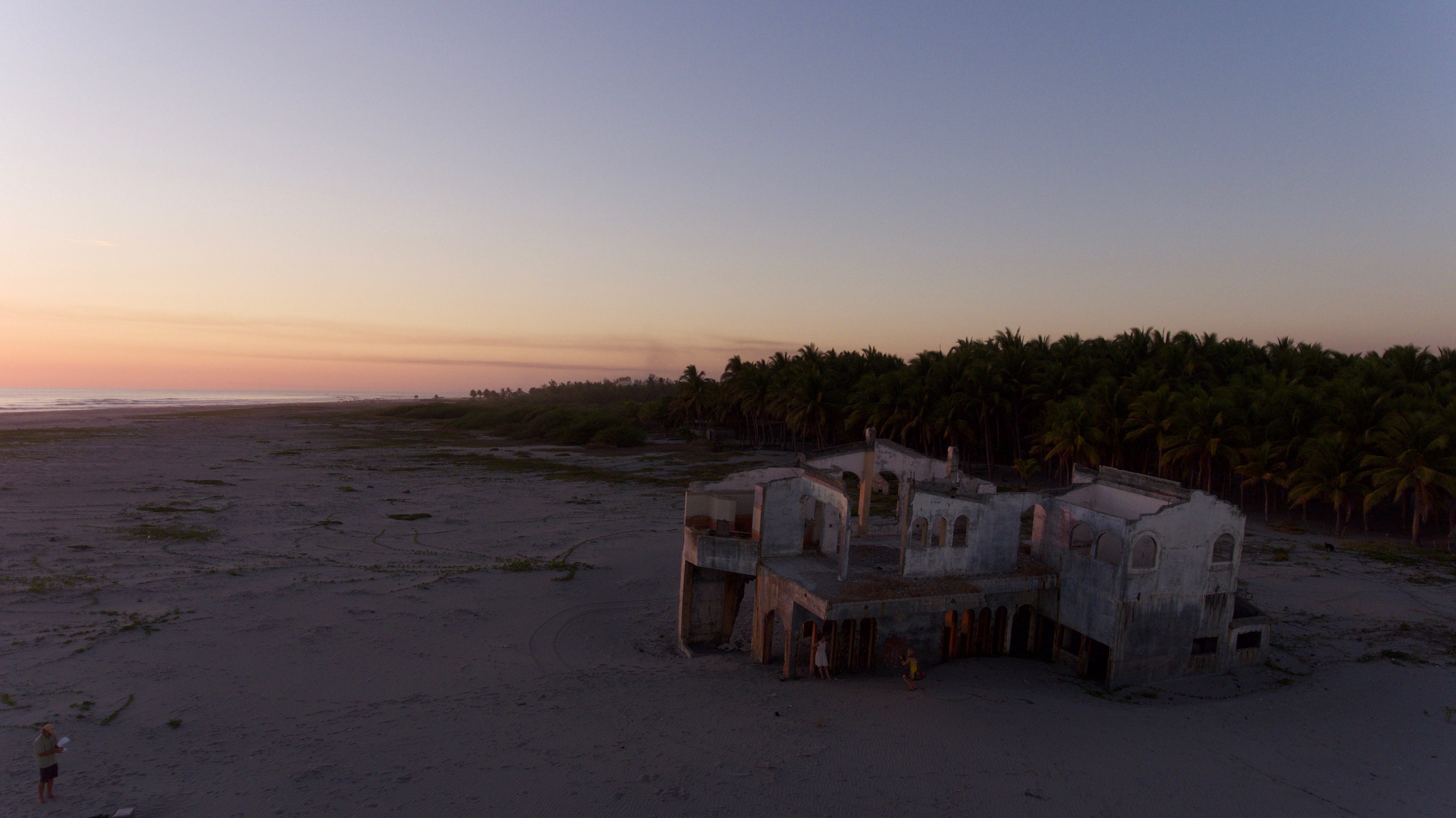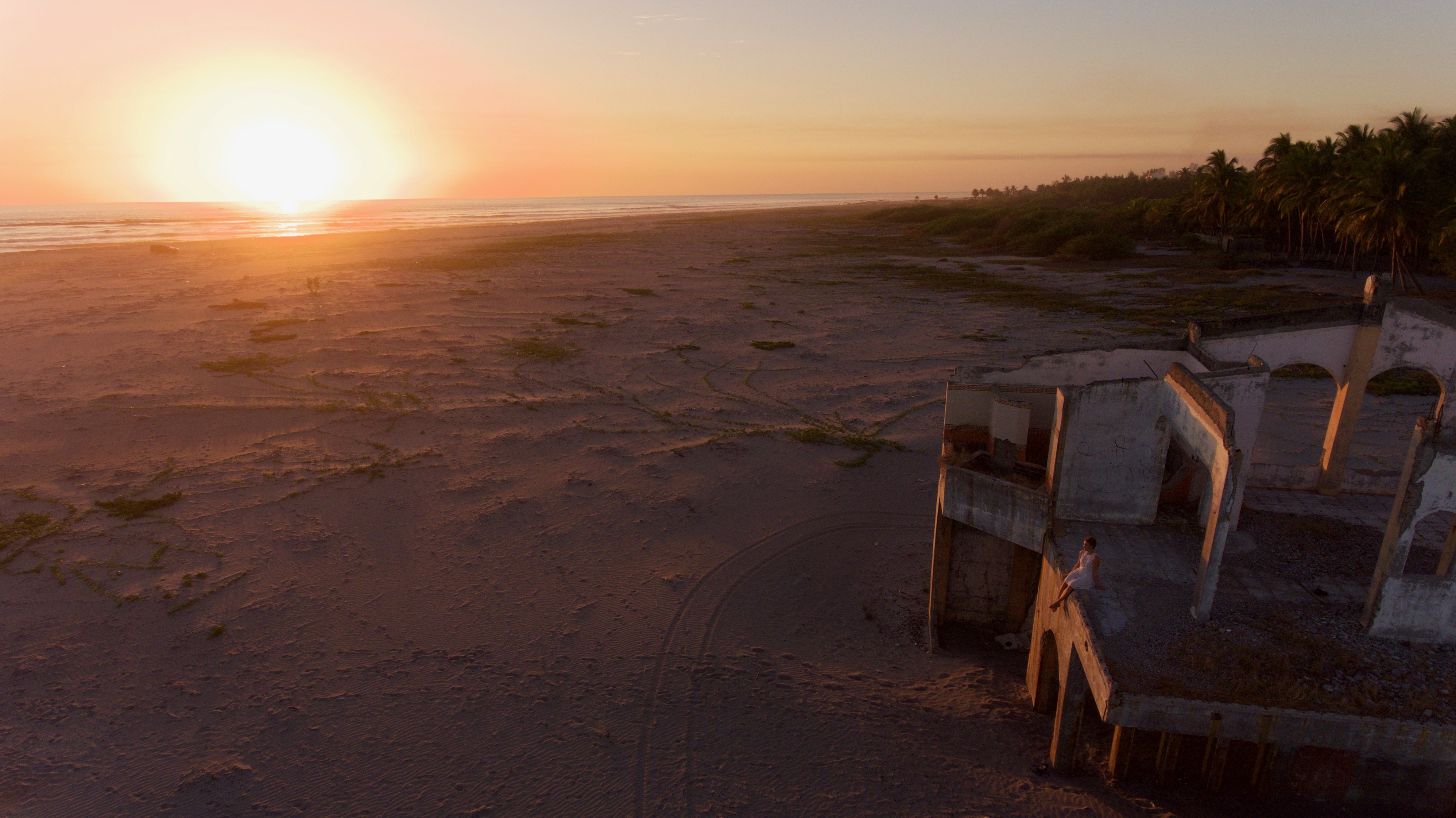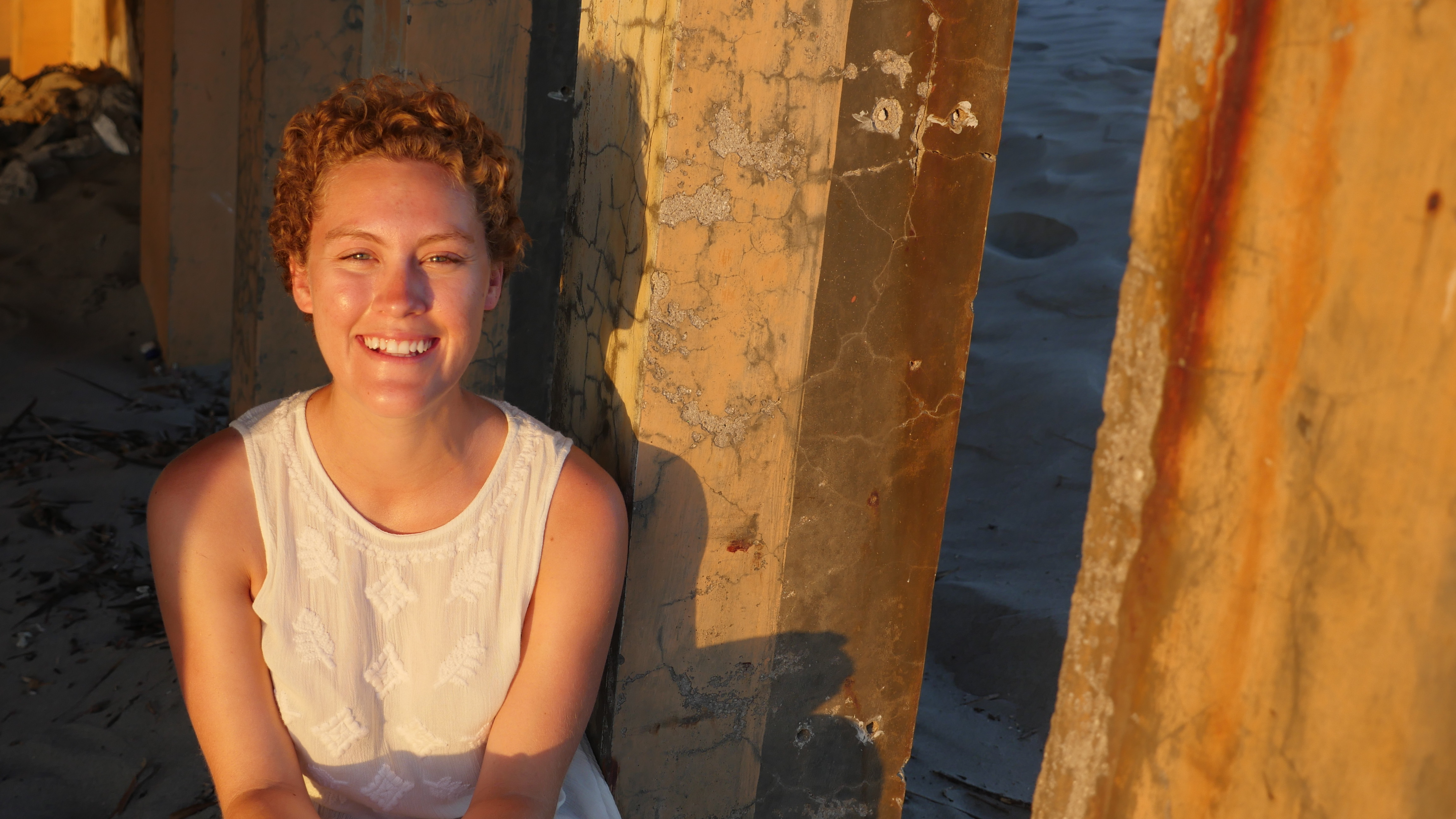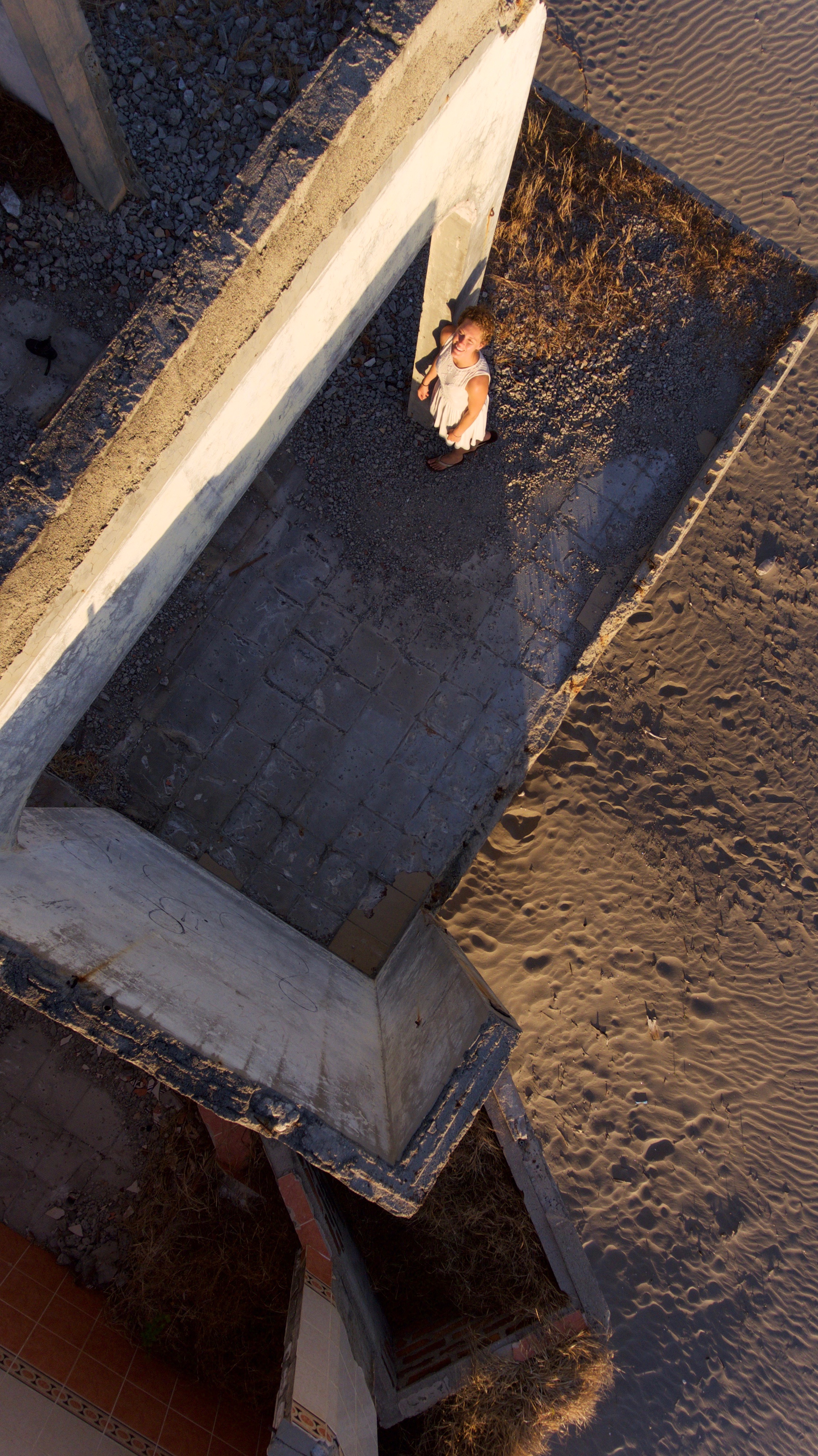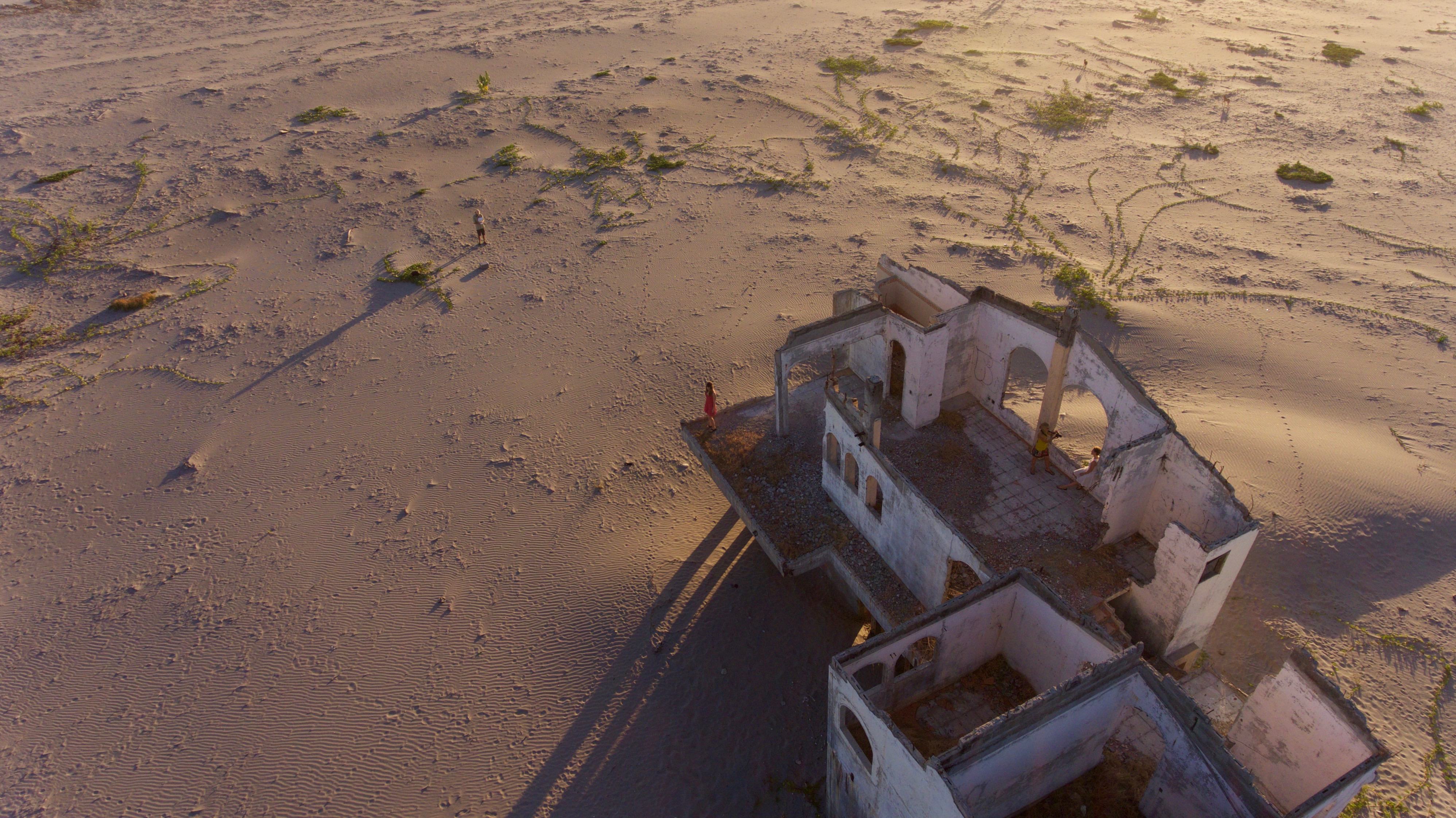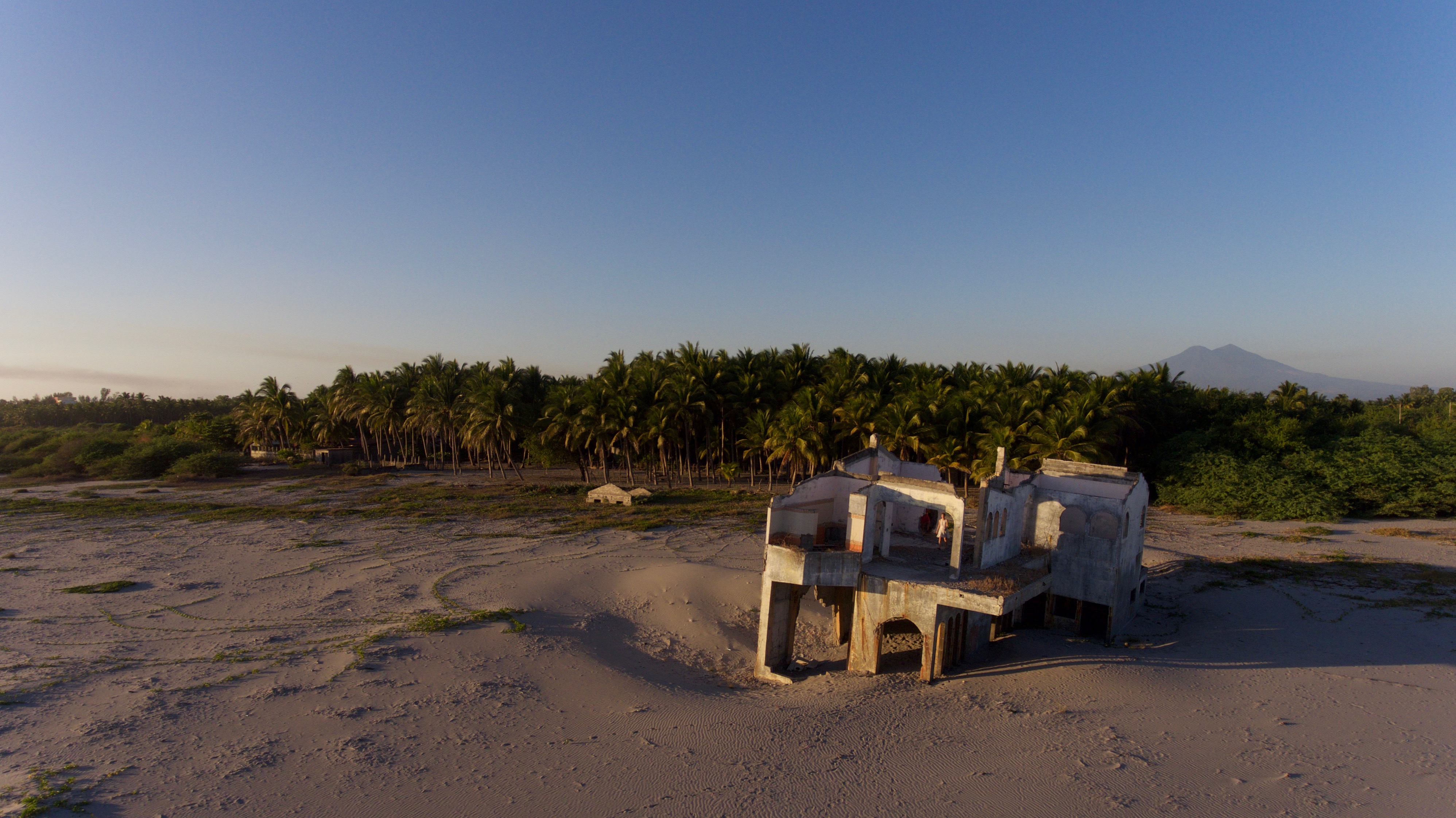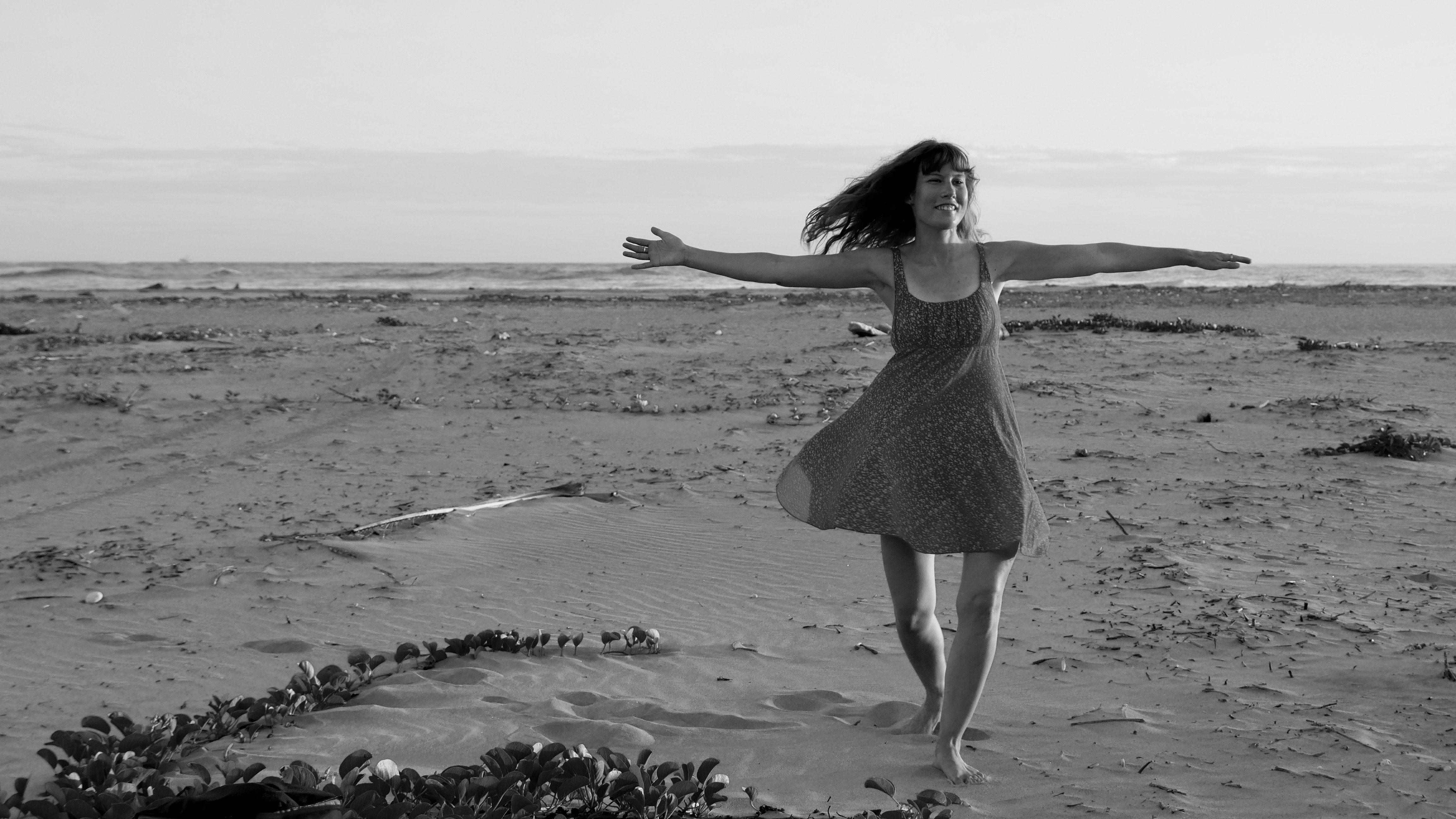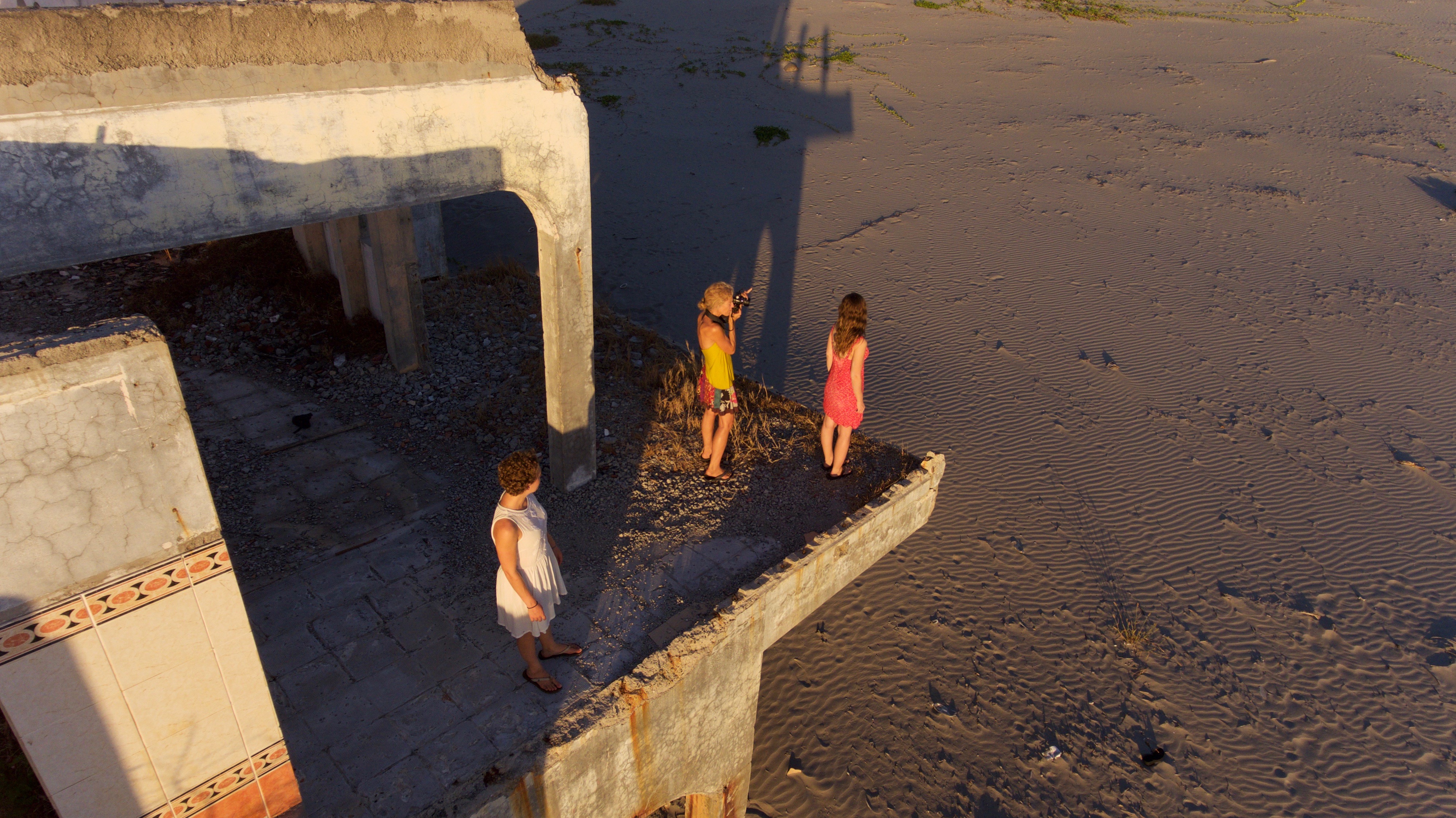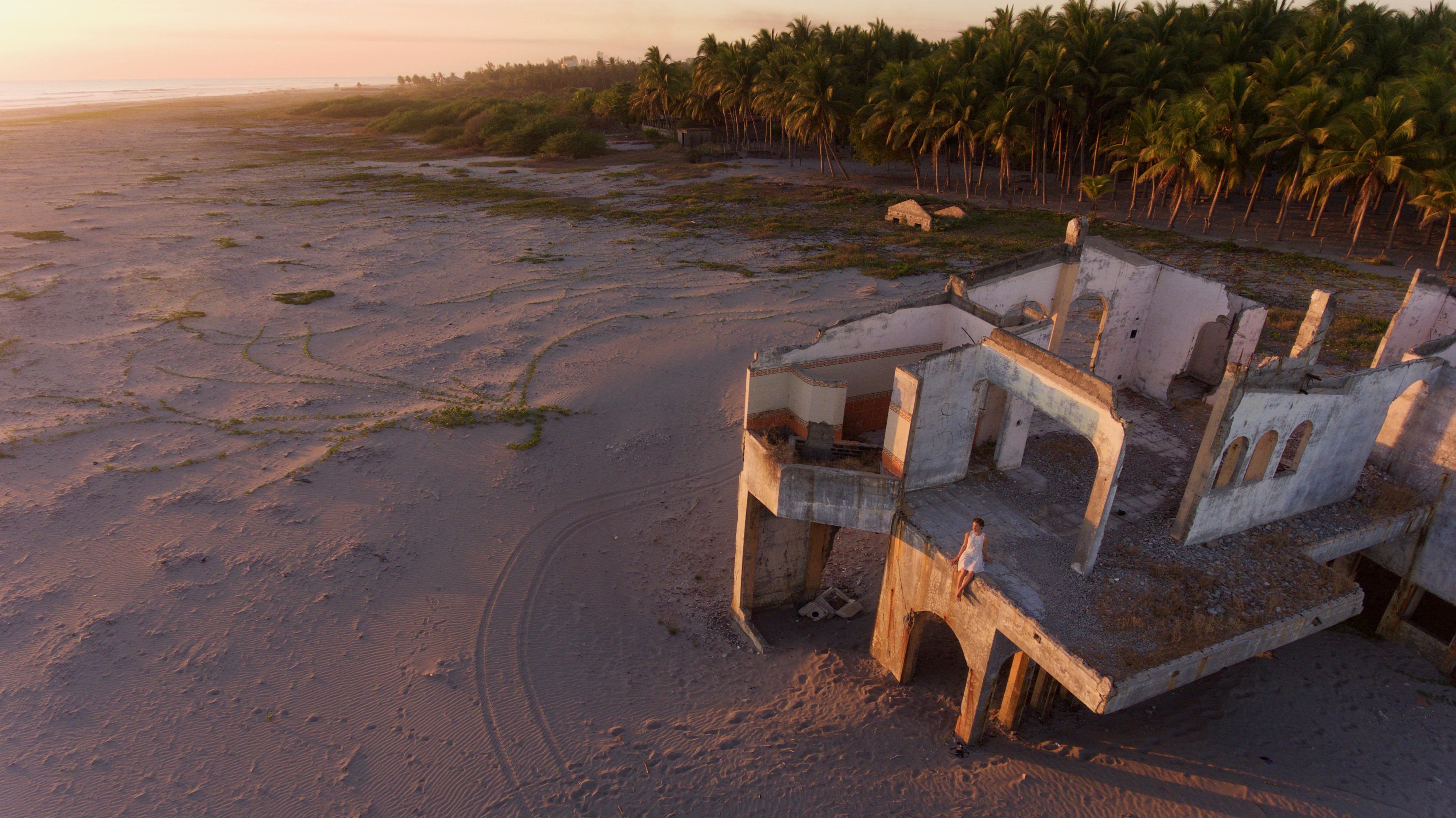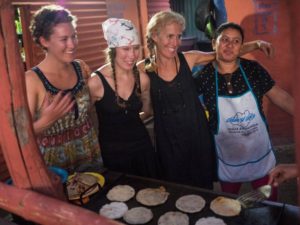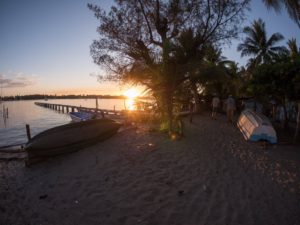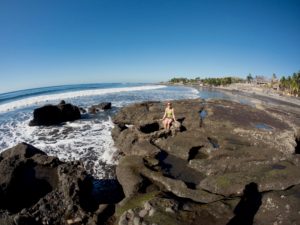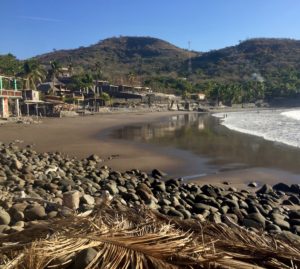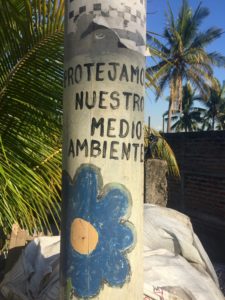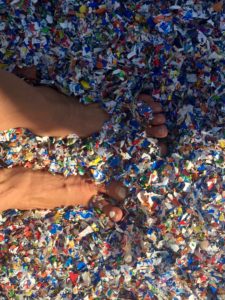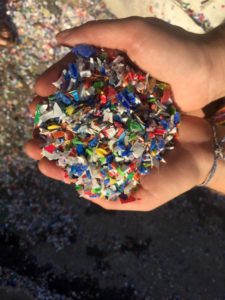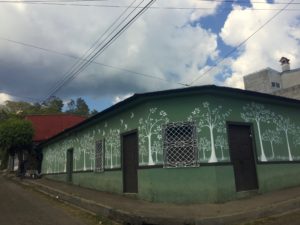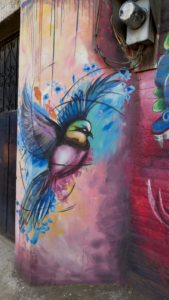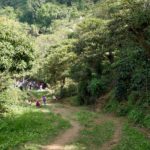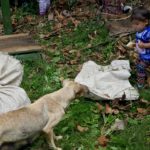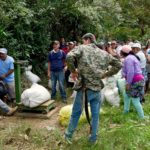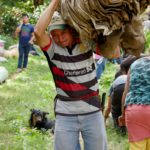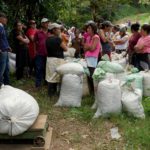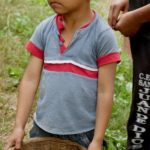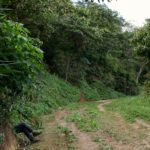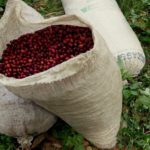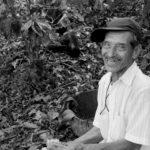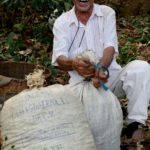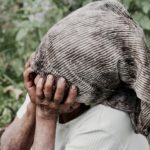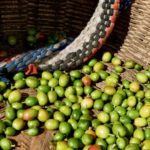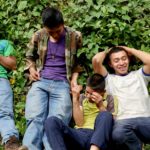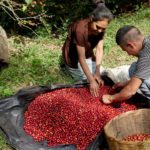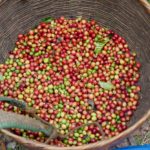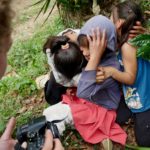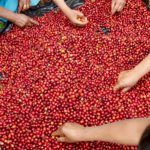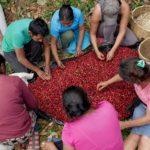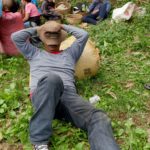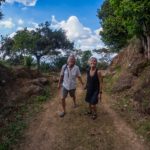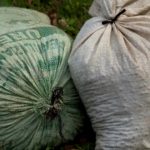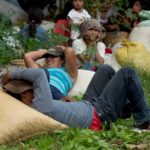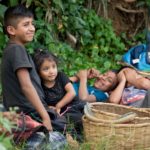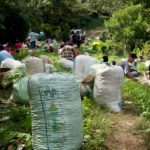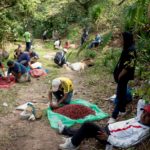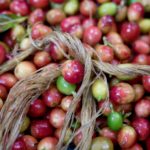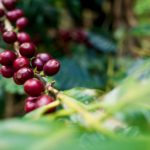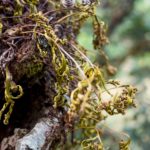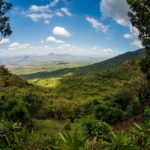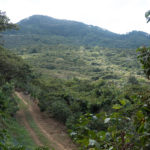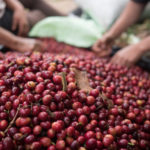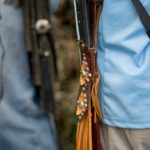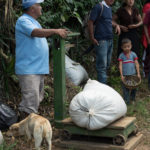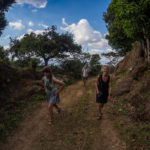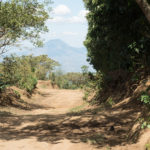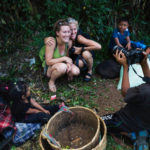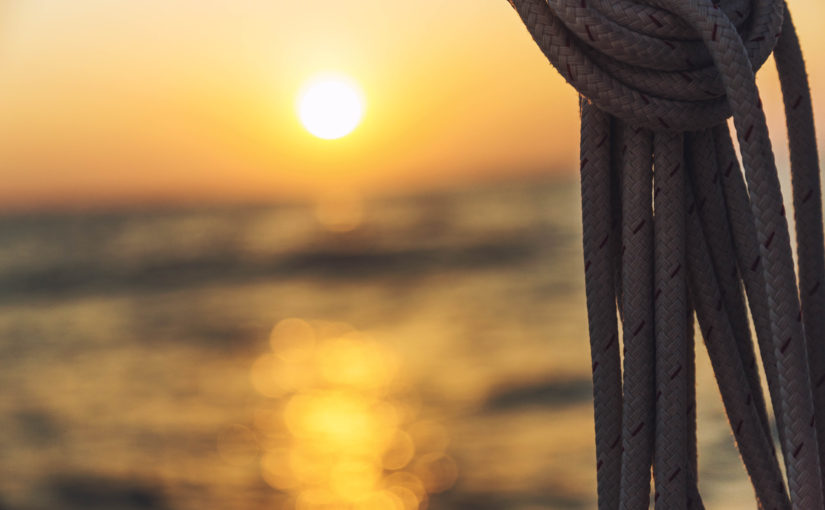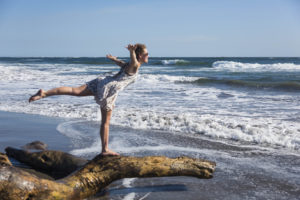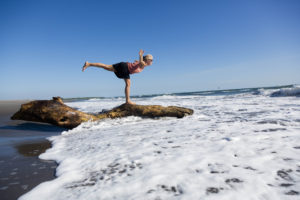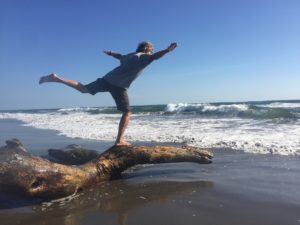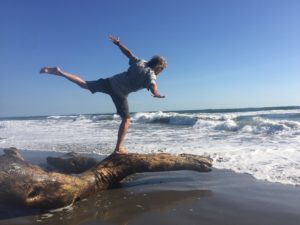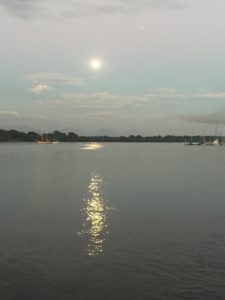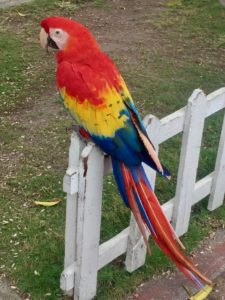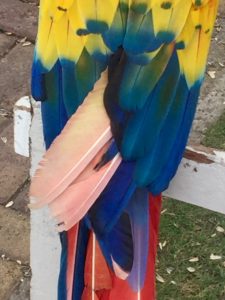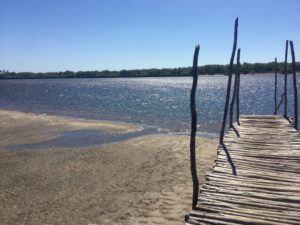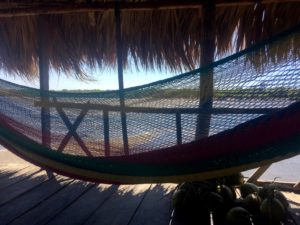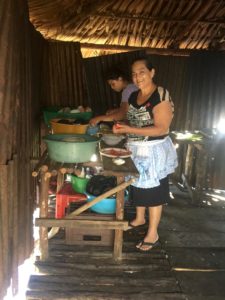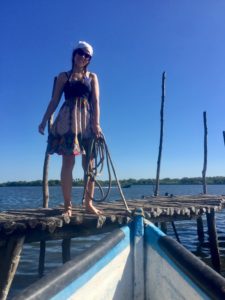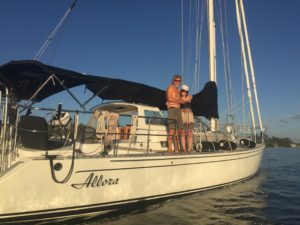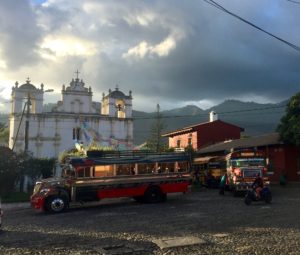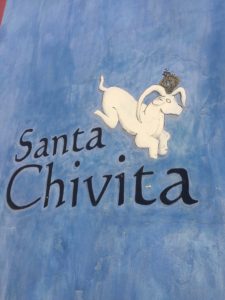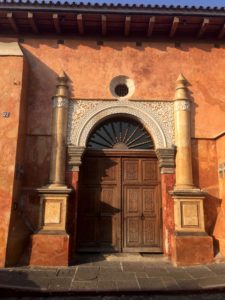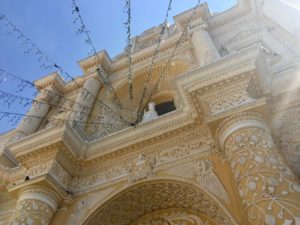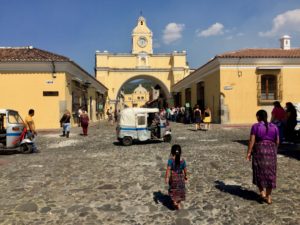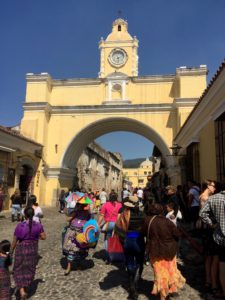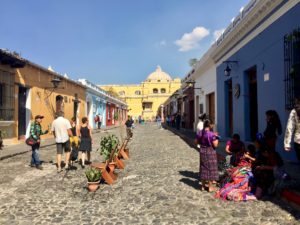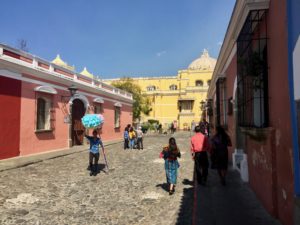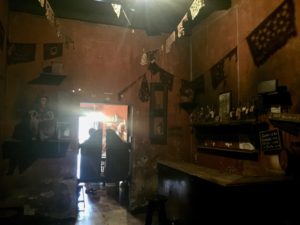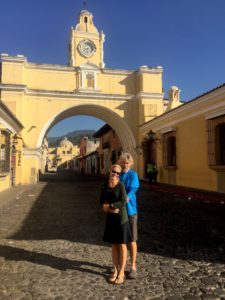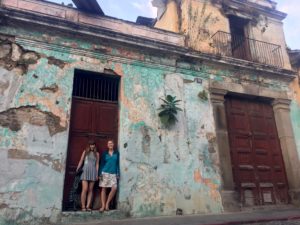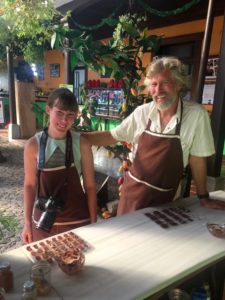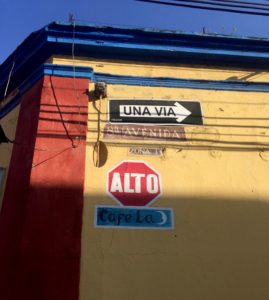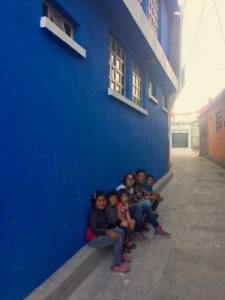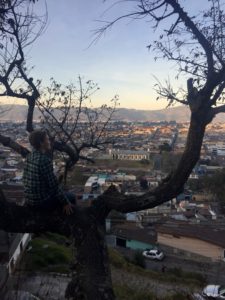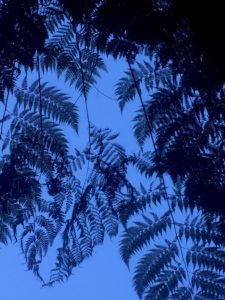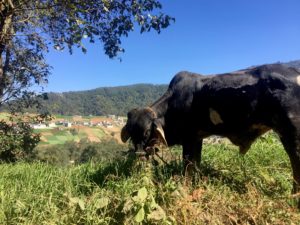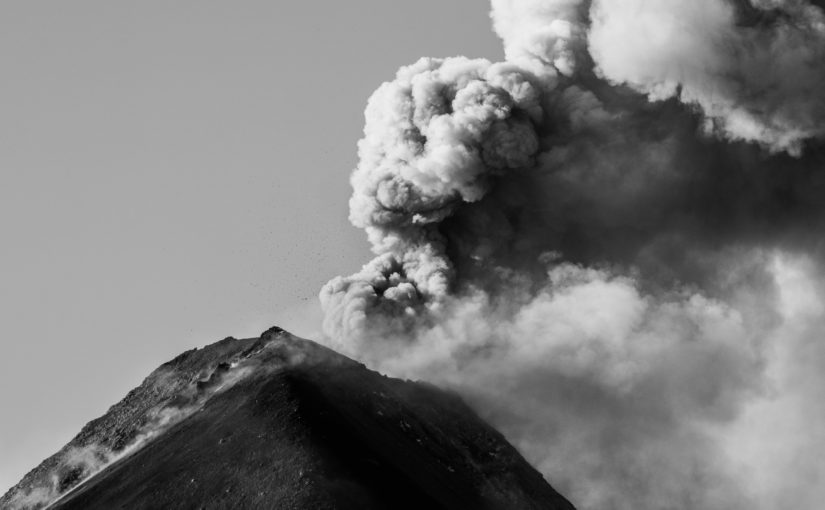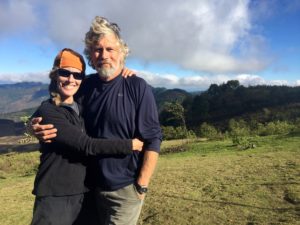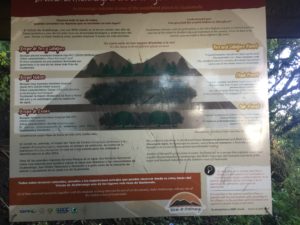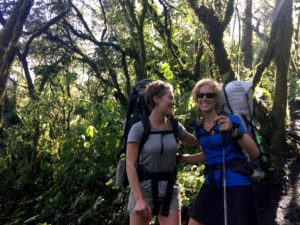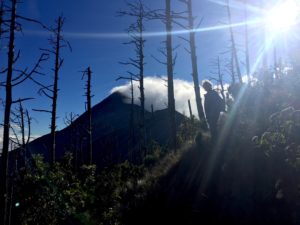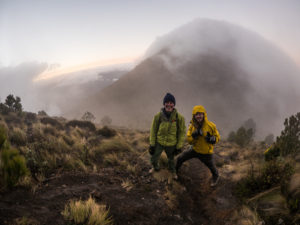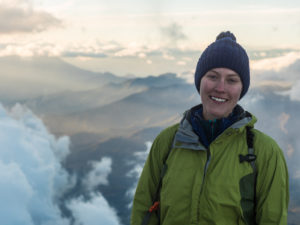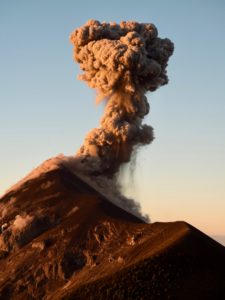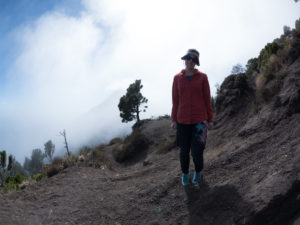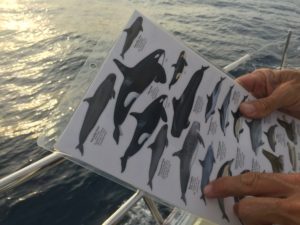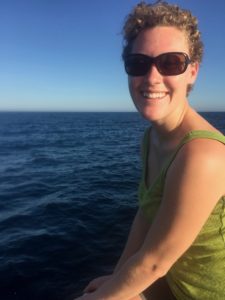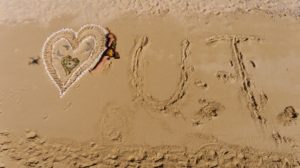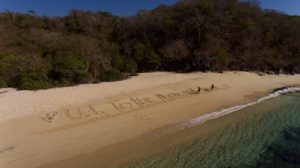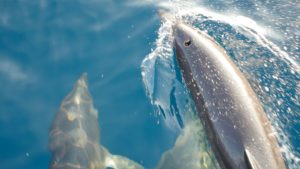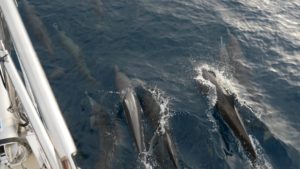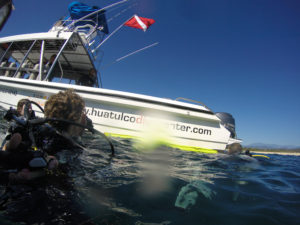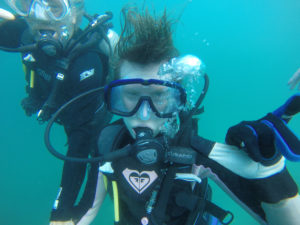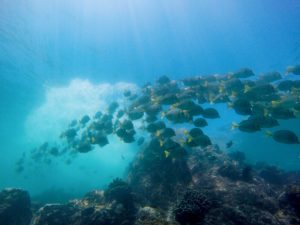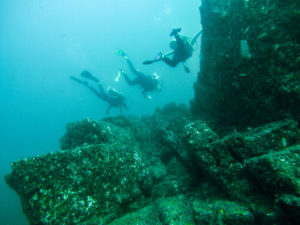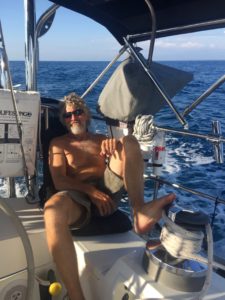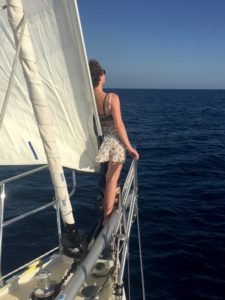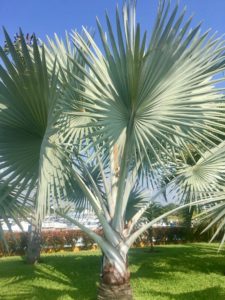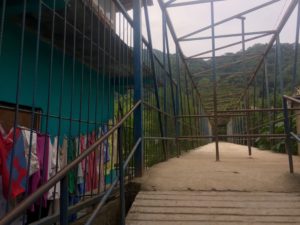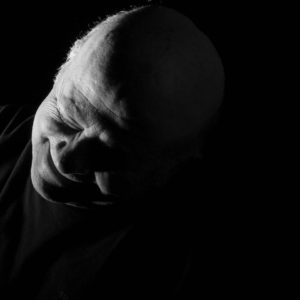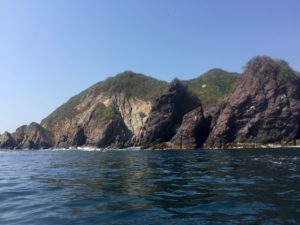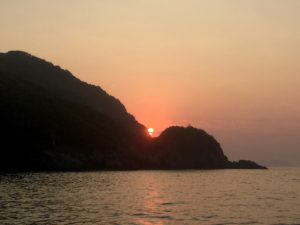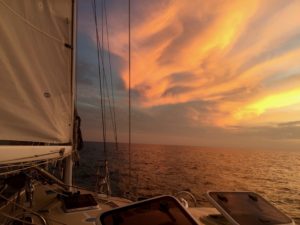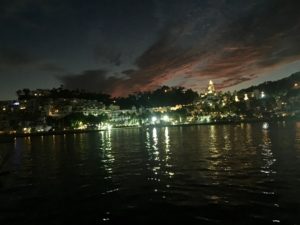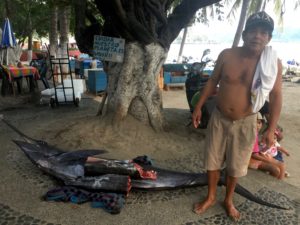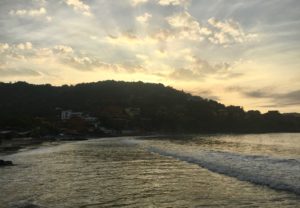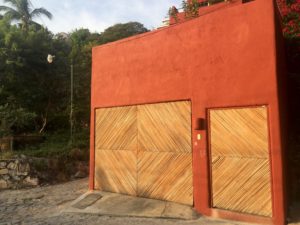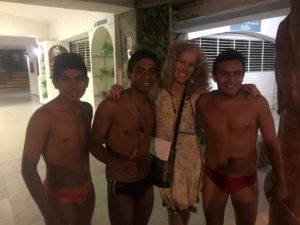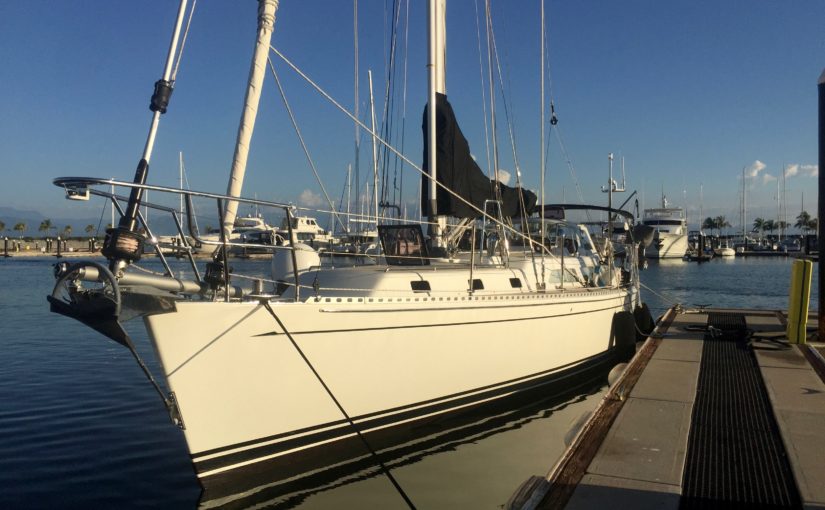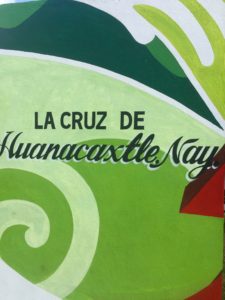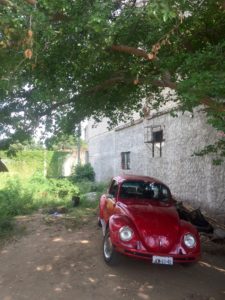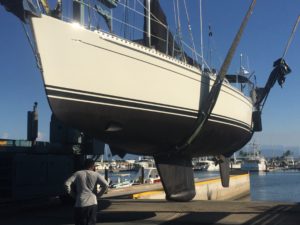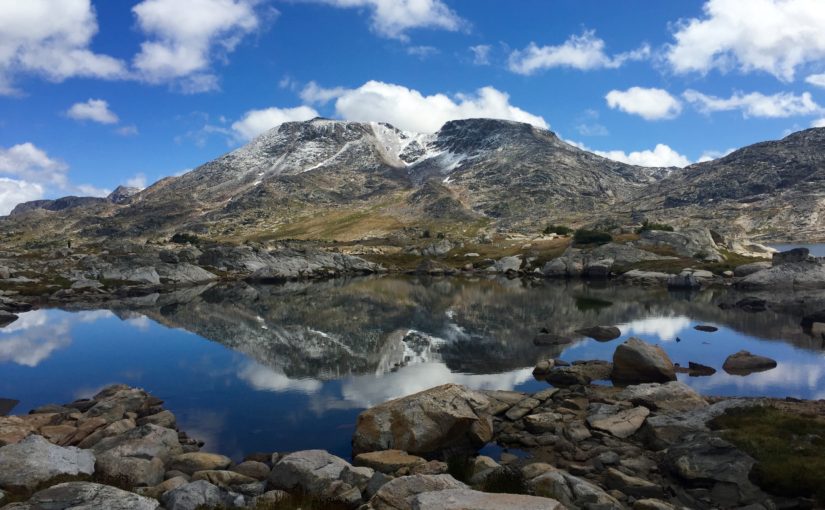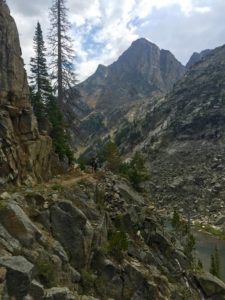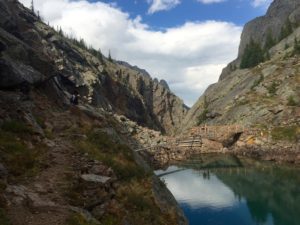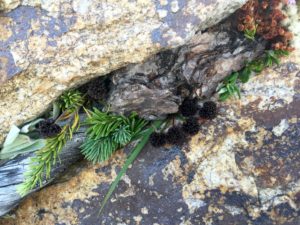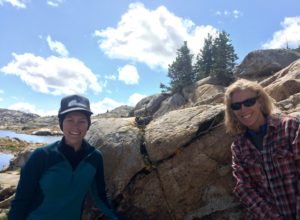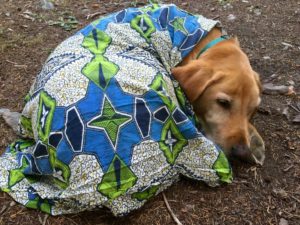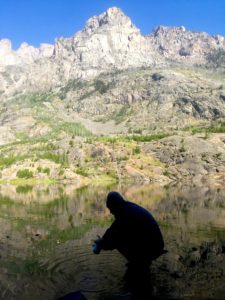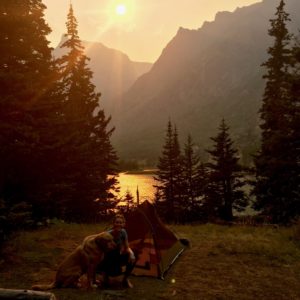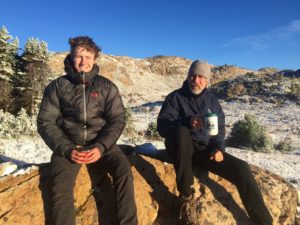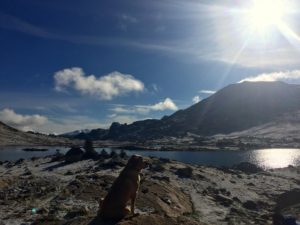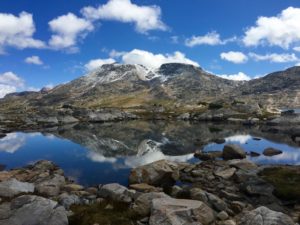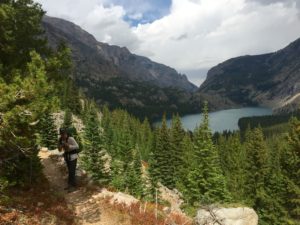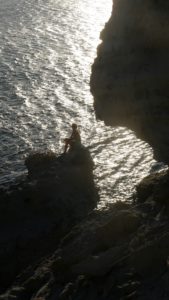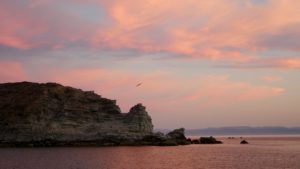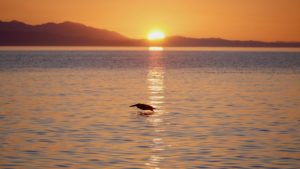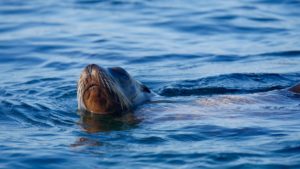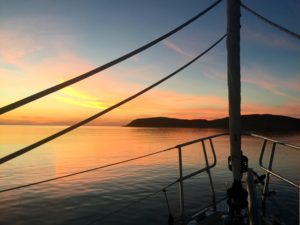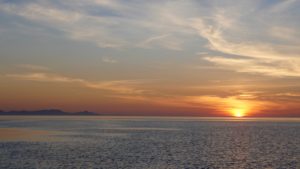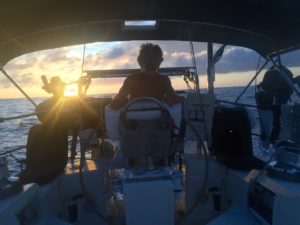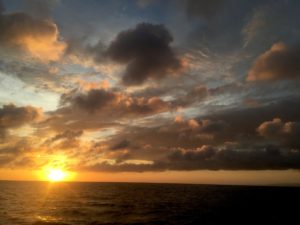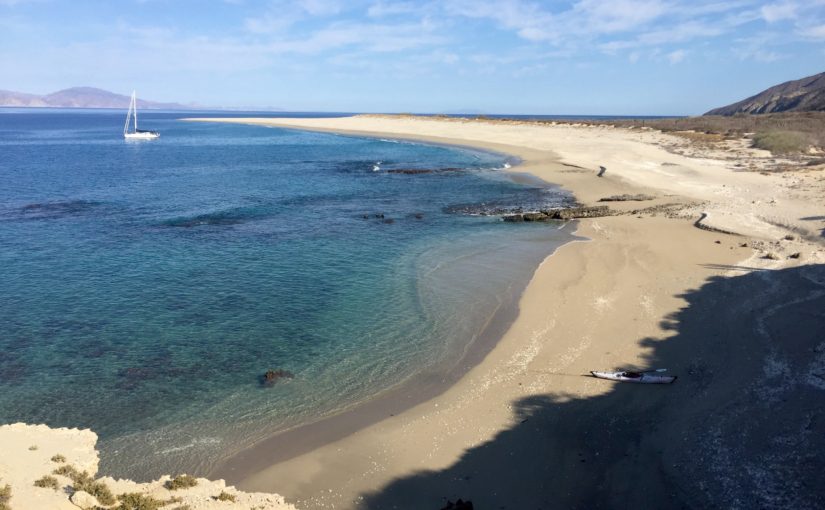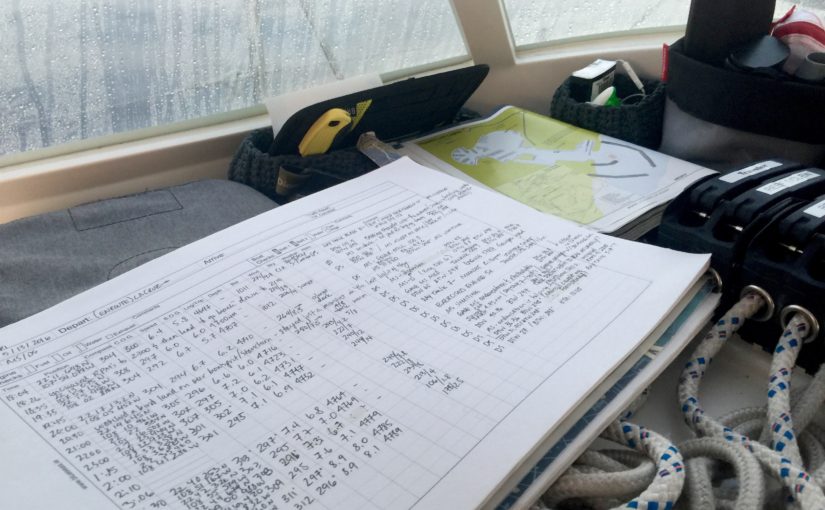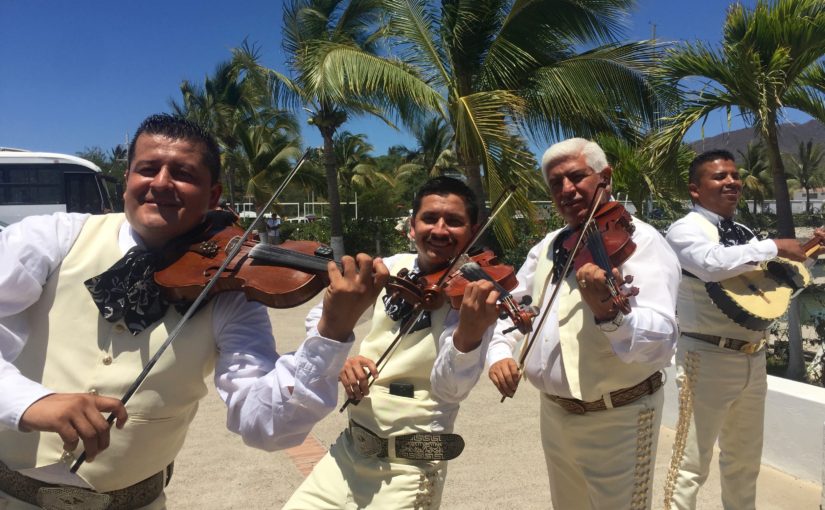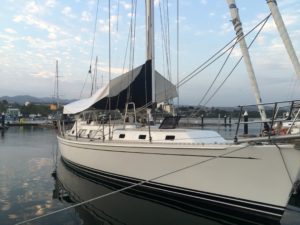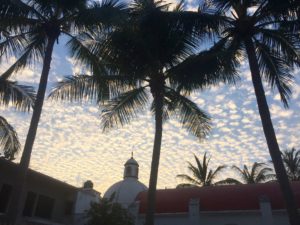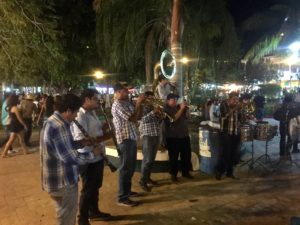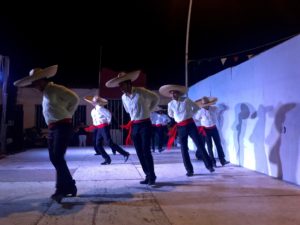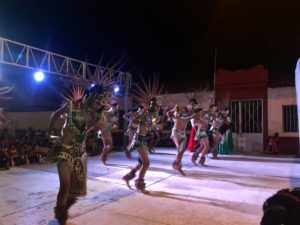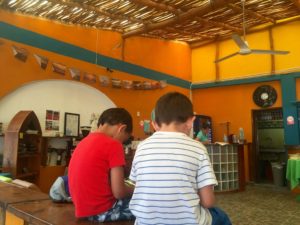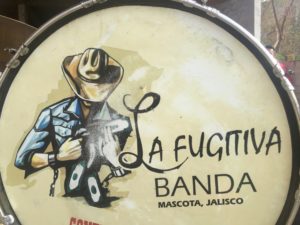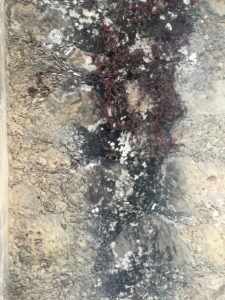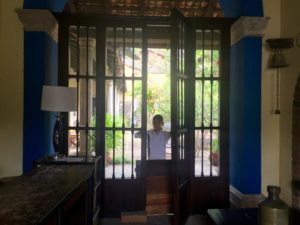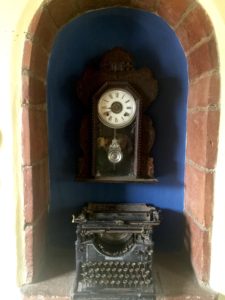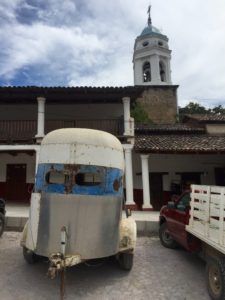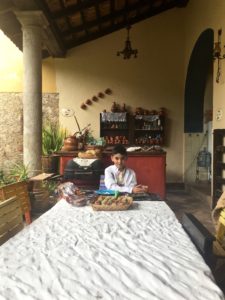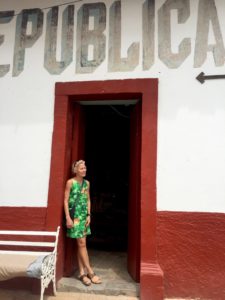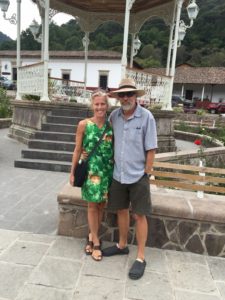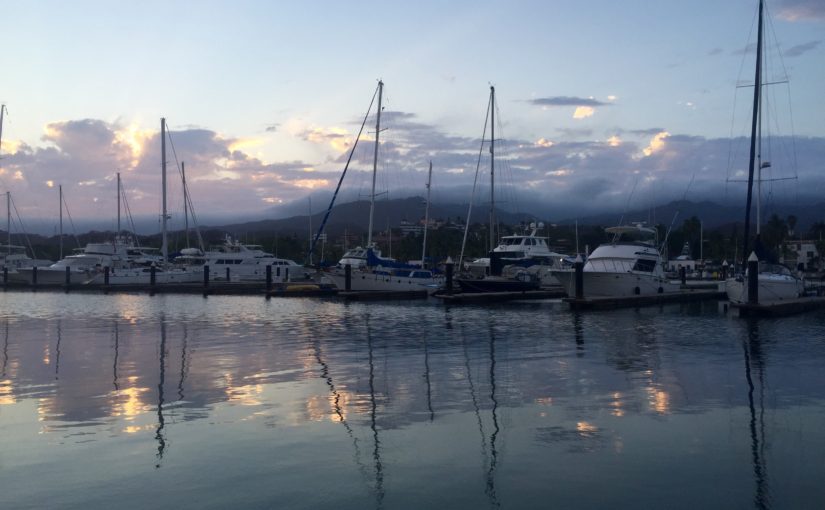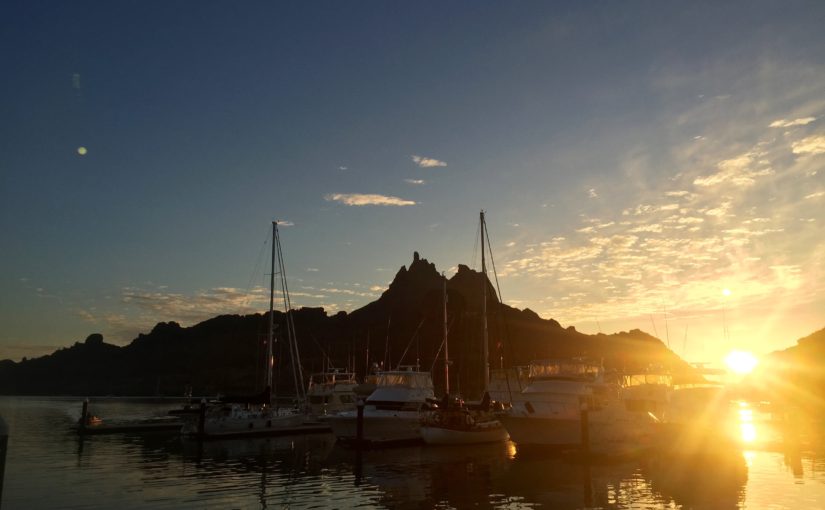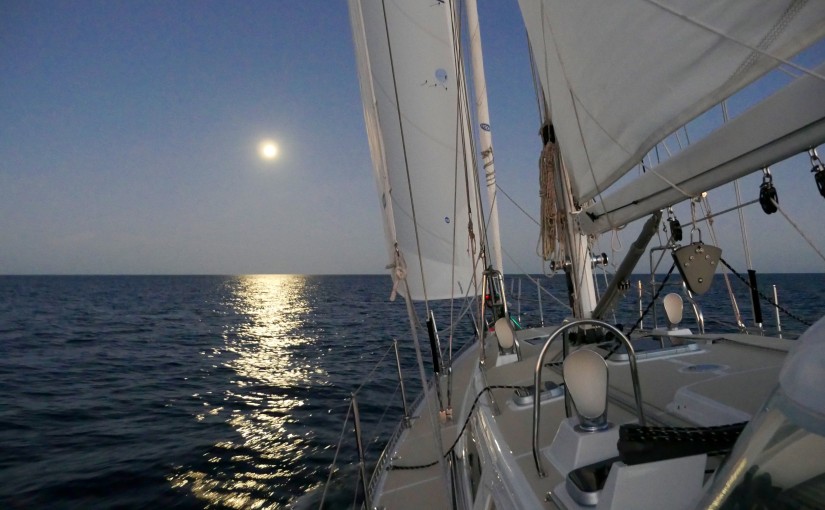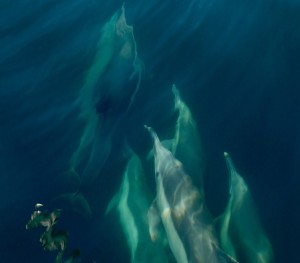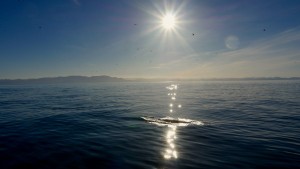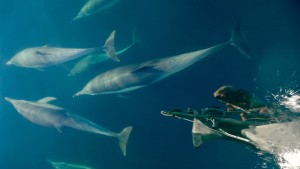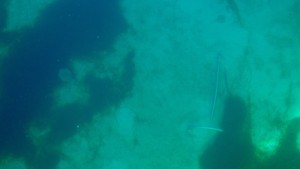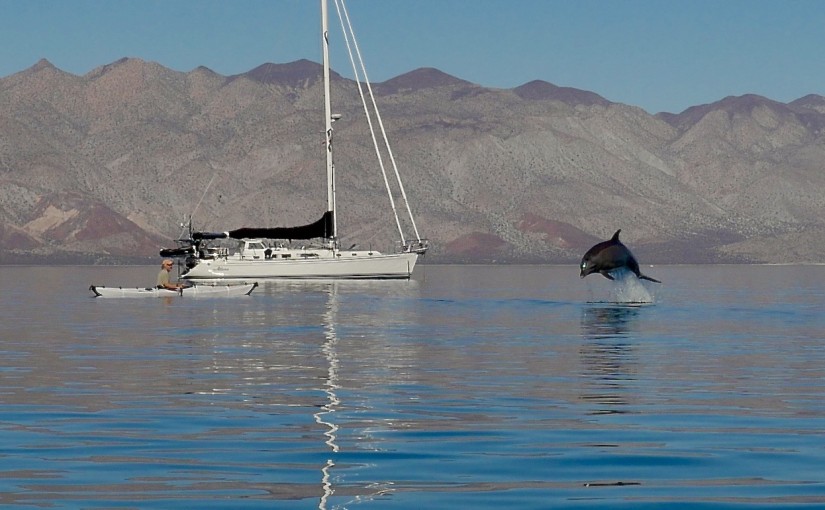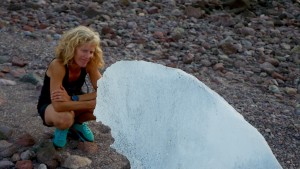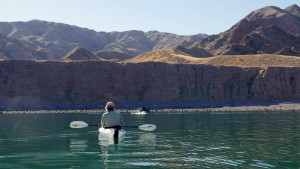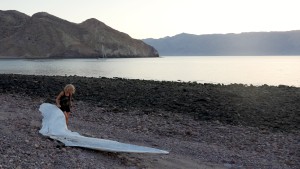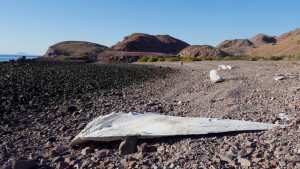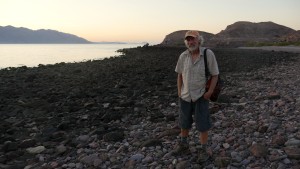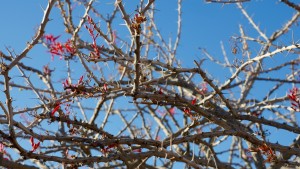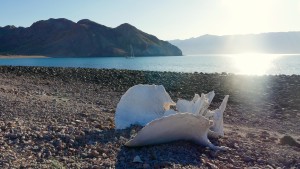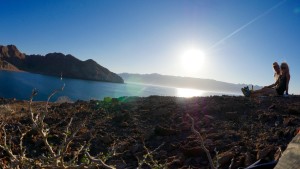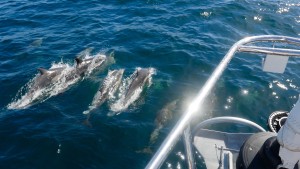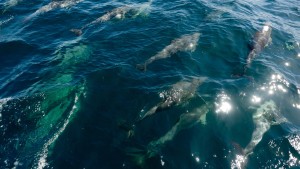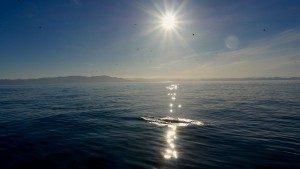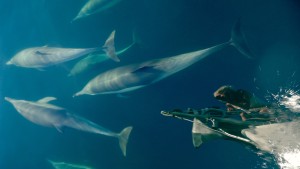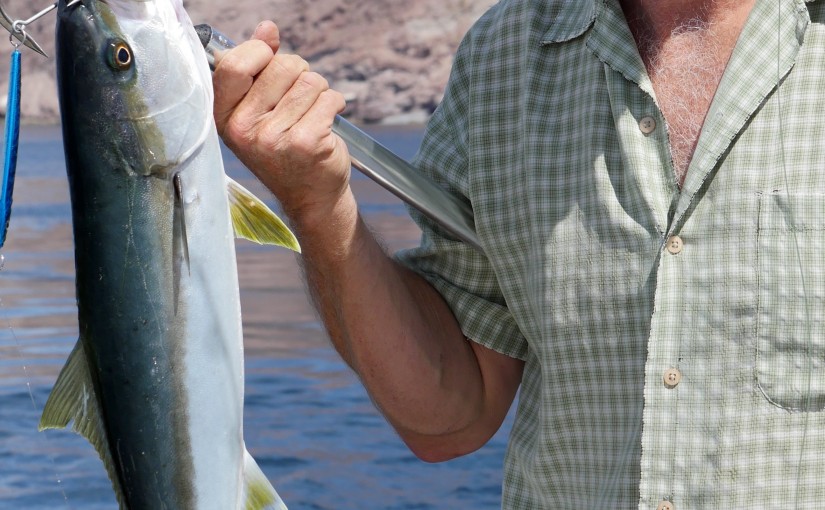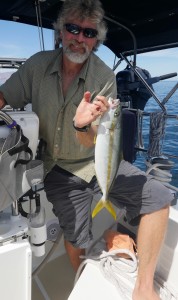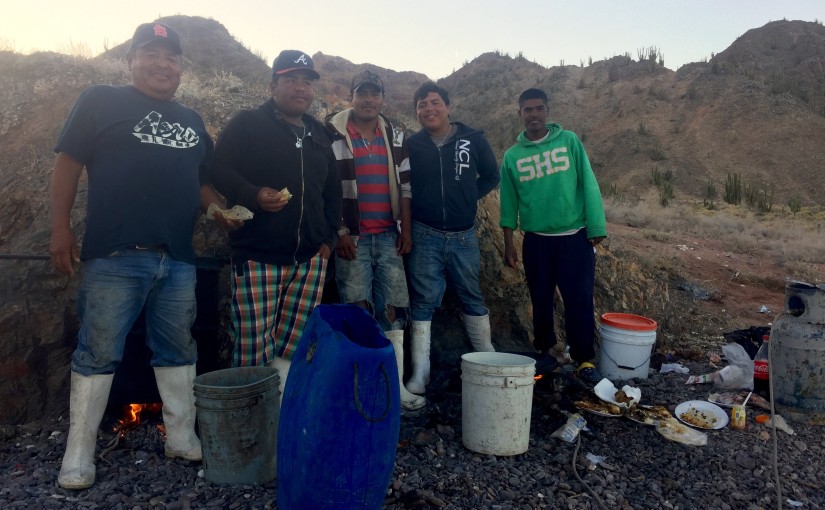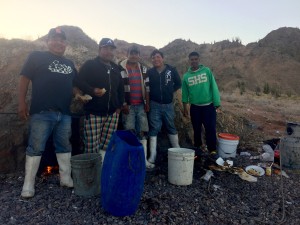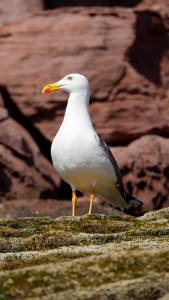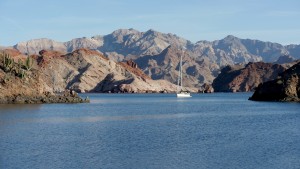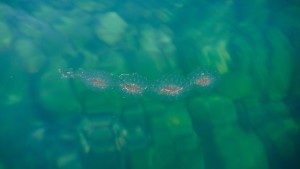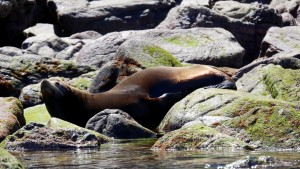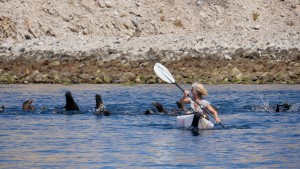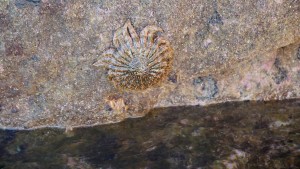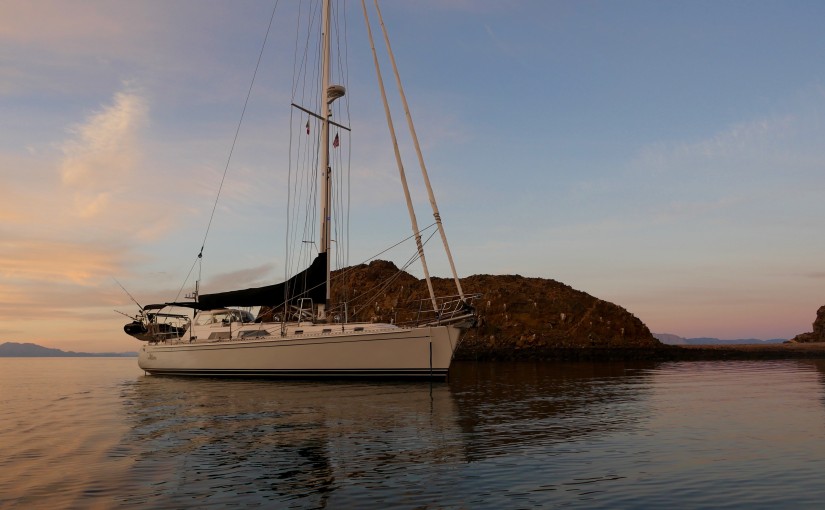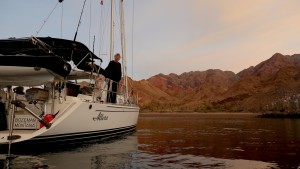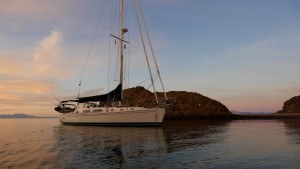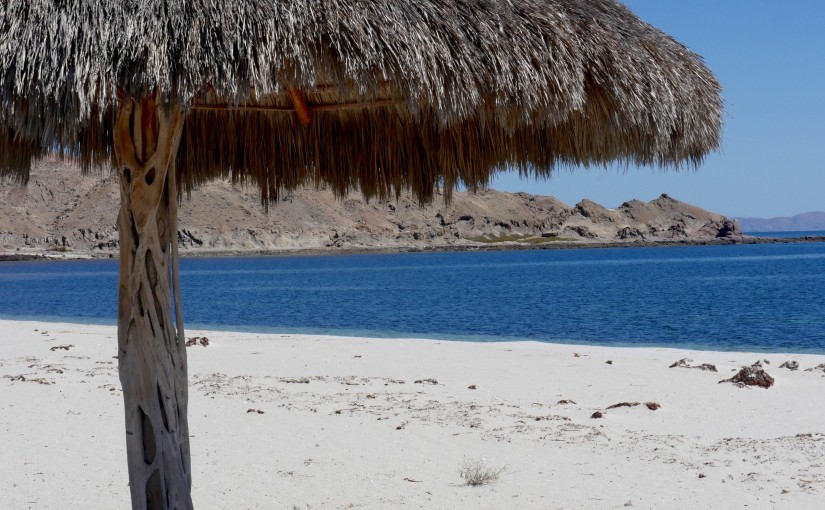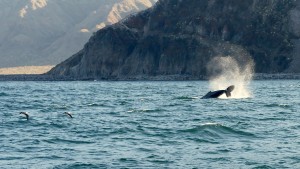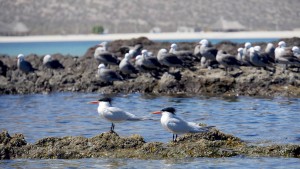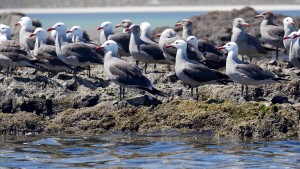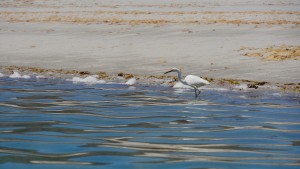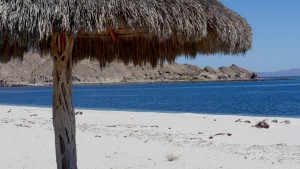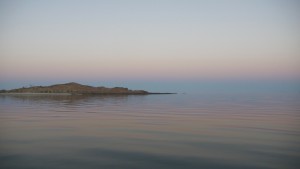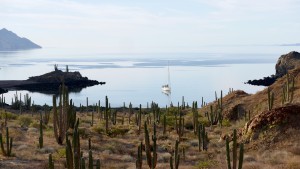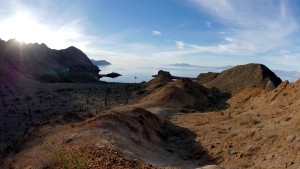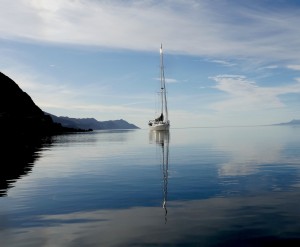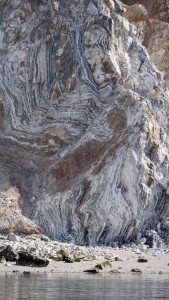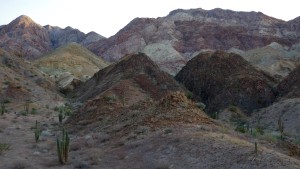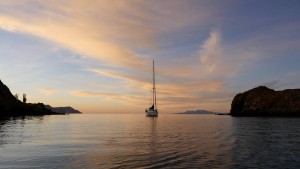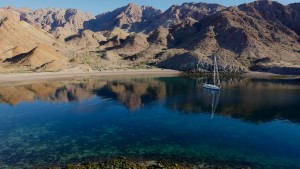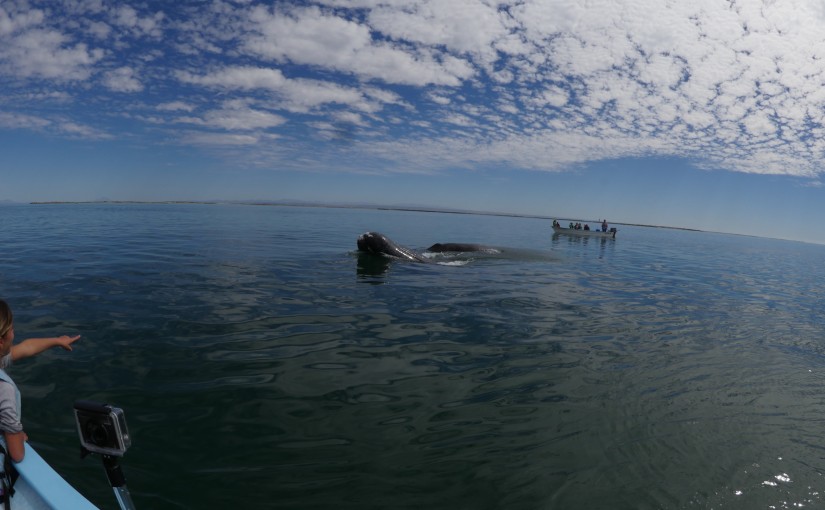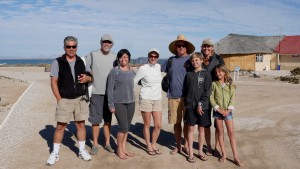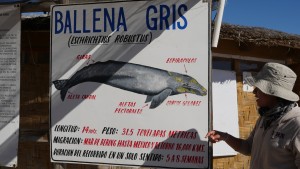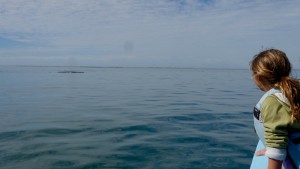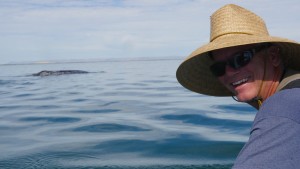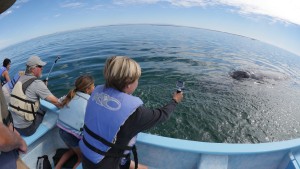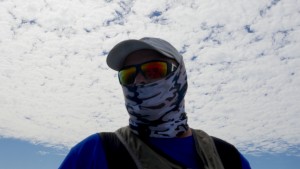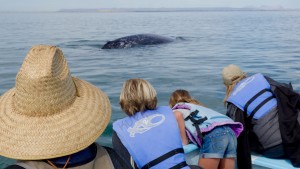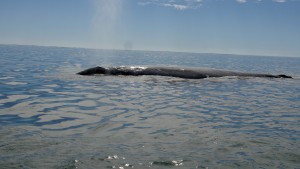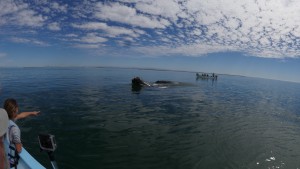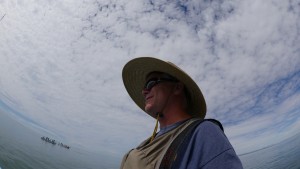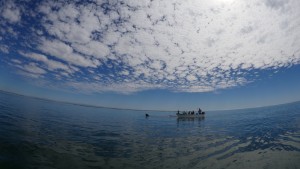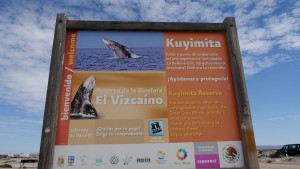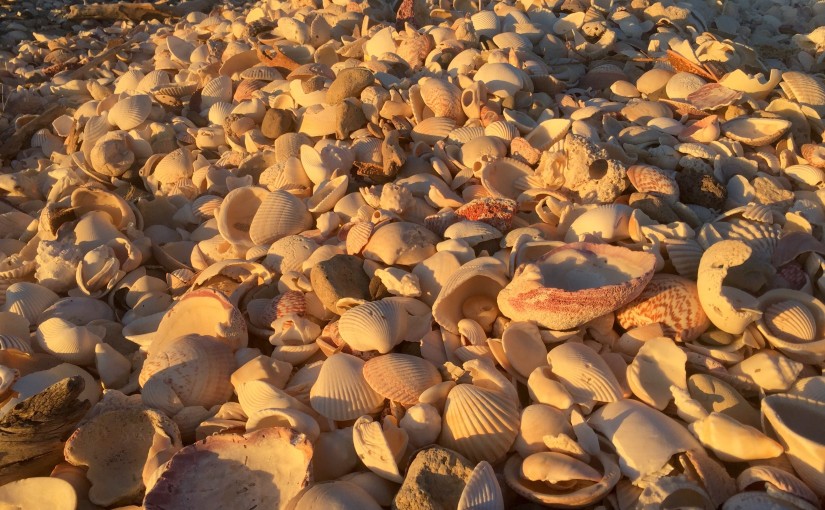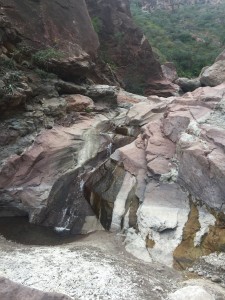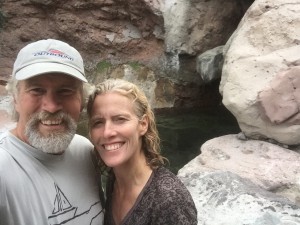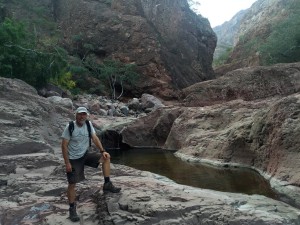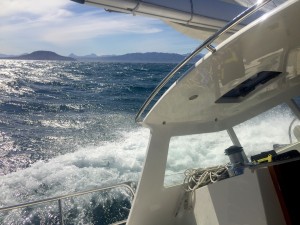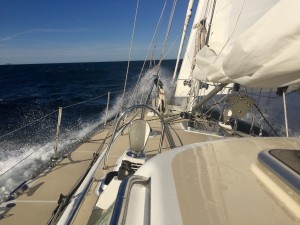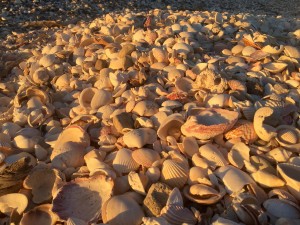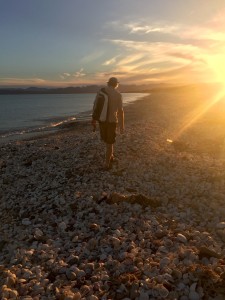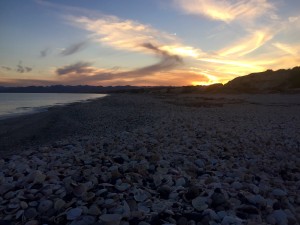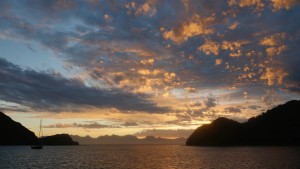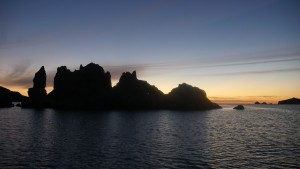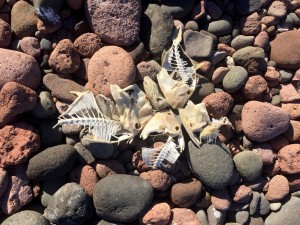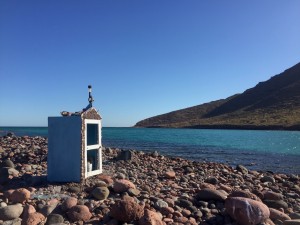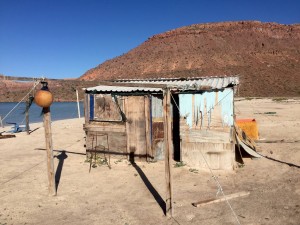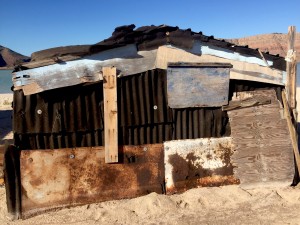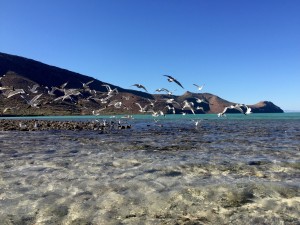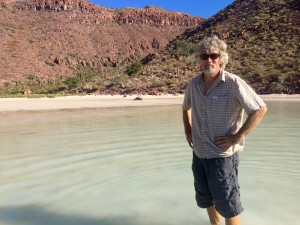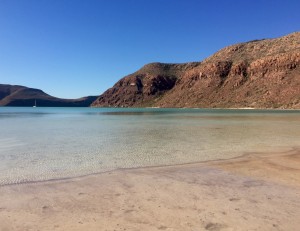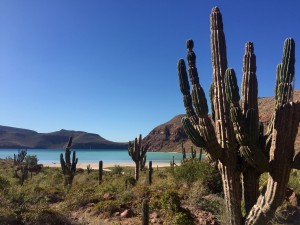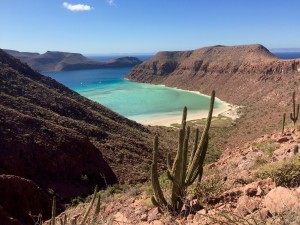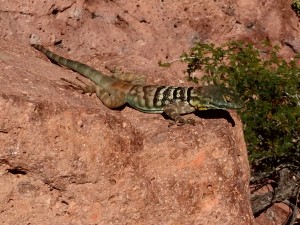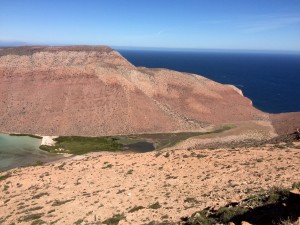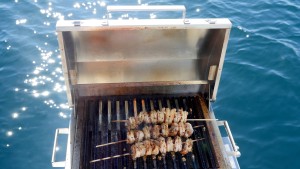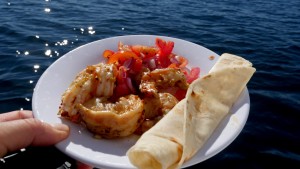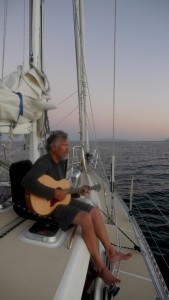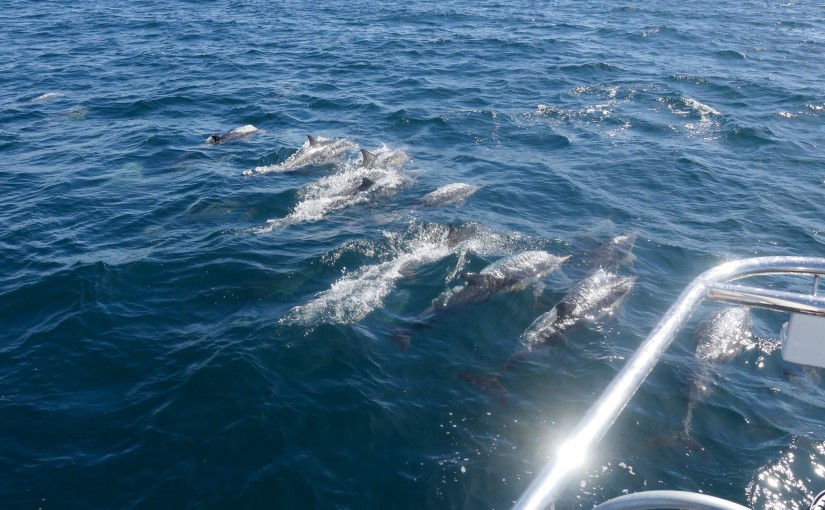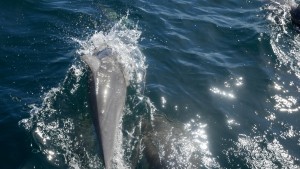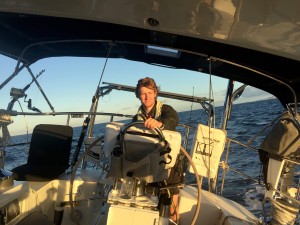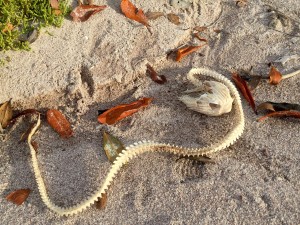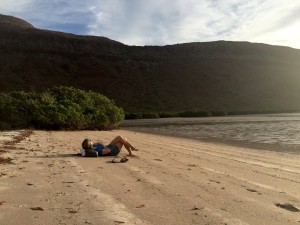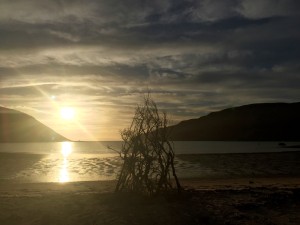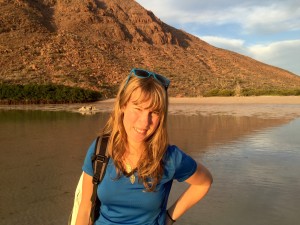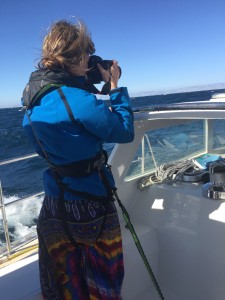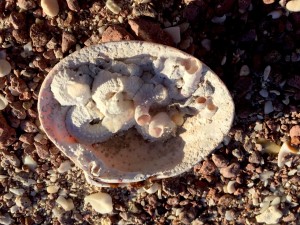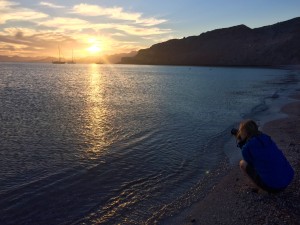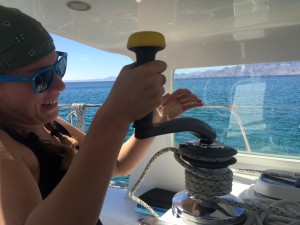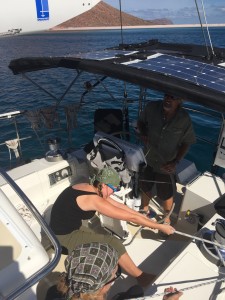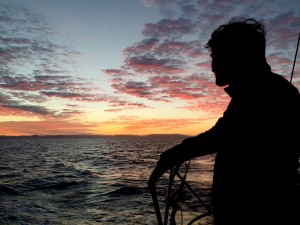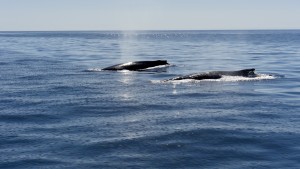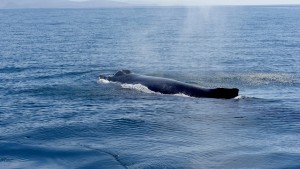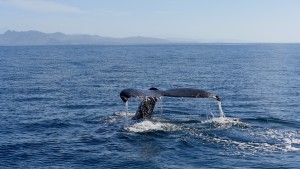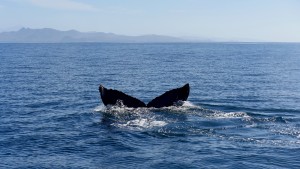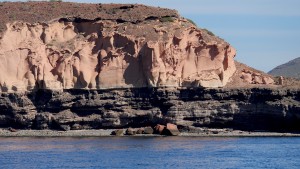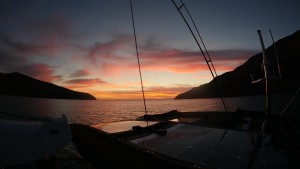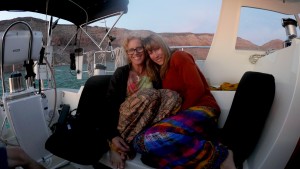The final Lembeh Strait muck diving album (see the previous two posts for more crazy creatures from these murky waters).
Run A MUCK – Lembeh Strait #2
Start MUCKING around!
 Muck diving is not for everyone. Turns out it’s pretty much what it sounds like, no matter what Diana (and especially her photographs) will try to tell you. Fortunately, at least in Lembeh Strait, Sulawesi, the water’s warm and the visibility is just slightly better than the name conjures. If you go with a dive resort, normal dives times are around sixty minutes. Unfortunately (for me) we didn’t have that restriction, and due to regrettable advances in battery technology and Diana’s ability to forego breathing for extraordinary lengths of time, muck dives with her can run over two hours. I have a bit more blood to keep oxygenated, so I typically get a (usually pleasant) half hour nap in the dinghy at the end of the dive. So not quite two hours in featureless gloom, scouring the rubble and muck for creatures mostly too small for my aging eyes to see even when they are pointed out to me.
Muck diving is not for everyone. Turns out it’s pretty much what it sounds like, no matter what Diana (and especially her photographs) will try to tell you. Fortunately, at least in Lembeh Strait, Sulawesi, the water’s warm and the visibility is just slightly better than the name conjures. If you go with a dive resort, normal dives times are around sixty minutes. Unfortunately (for me) we didn’t have that restriction, and due to regrettable advances in battery technology and Diana’s ability to forego breathing for extraordinary lengths of time, muck dives with her can run over two hours. I have a bit more blood to keep oxygenated, so I typically get a (usually pleasant) half hour nap in the dinghy at the end of the dive. So not quite two hours in featureless gloom, scouring the rubble and muck for creatures mostly too small for my aging eyes to see even when they are pointed out to me.
And yet, I would spend a week in the muck anytime, for the chance to see, in person, two Painted Frog Fish holding hands twenty meters deep in the Celebes Sea. I’m so very happy to live in a universe where that is a thing.
In Lembeh, Diana arranged for a guide which was crucial. Lembeh Resort (phenomenal outfit in every way) set us up with Sandro, a star on their crew, originally from central Sulawesi. He was absolutely delightful to hang out with for six days of diving; easy-going but also a very motivated, perfectly happy to squeeze into Namo – with tanks and gear for three divers – and wallow across the strait at dinghy speed while the professional dive boat he would normally have been on whizzes by. He did occasionally wonder aloud about what might happen if we came up and Namo wasn’t there (with no one to tend to her), but otherwise he was game for diving without a proper boat and happy to stay under for two hours if Diana’s batteries lasted that long. He’s been guiding in Lembeh for years, having worked his way up from being the personal gardener for the dive shop owner, and he’s obviously still fascinated with muck diving. He carried an erasable slate and enthusiastically wrote down names for what he was pointing out to us (often with the proper Latin name). He has a particular interest in photography and works with Lembeh Critter’s camera operation (training other guides and shooting in his spare time) so besides spotting unimaginable, tiny camouflaged creatures buried in the muck, he also was able to help Diana learn how to use the snoot on her strobe light, which gives some of these photographs their dramatic look. 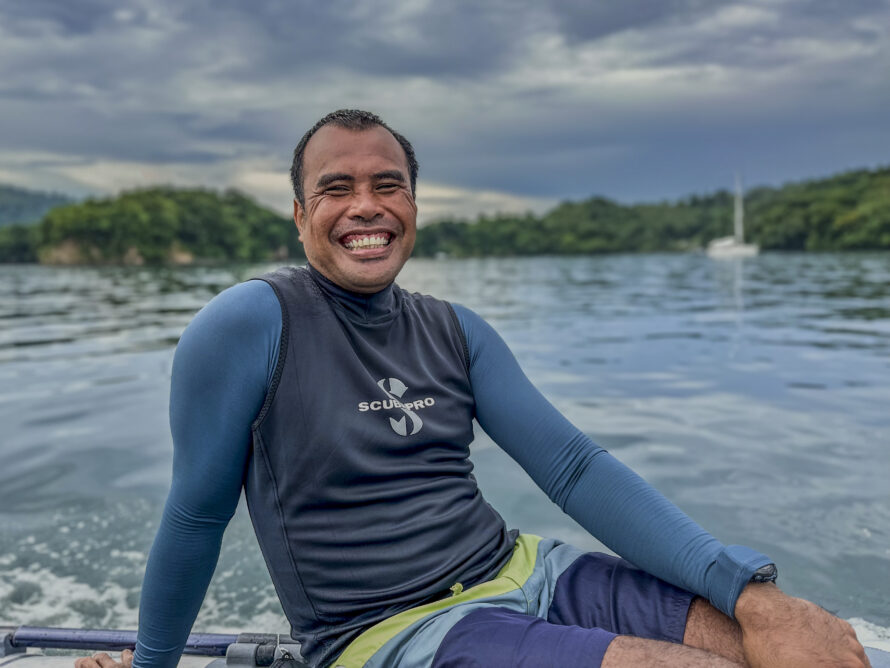
It’s basically impossible to adequately describe how difficult underwater photography is. Start with the idea that literally everything is approximately seventy-nine times harder to do underwater (except maybe peeing in your wetsuit). Buoyancy is super tricky because if you stir up the muck you can’t take photos anymore, and there are seriously dangerous creatures buried invisibly in the sand where you would like to brace your knee. Looking through the viewfinder with goggles is significantly tougher than it might sound (and it should sound impossible). Sony’s “smart” autofocus system hasn’t been down there before either and typically just throws its hands up in the (water?) unless it’s really lucky to recognize an eye. Many of the creatures who’ve developed their camouflage over literally billions of years of evolution are also smaller than a dime, so depth of field is harrowingly scant (breathe and you’ll miss the shot). You’re wearing gloves (for safety), so adjusting things like your f-stop, shutter speed, strobe power or ISO is extra fun. And, of course, though some of these critters do sit still, there’s the usual unpredictability that comes with photographing wild things. I could go on. Basically it’s like the mosaic work Diana does, in that it requires an intensity of focus and bull-doggedness that lies far outside of any normally agreed upon bounds of sanity.
Enjoy the photos (comments are welcome), but also watch the behind the scene’s video I made of Diana and Sandro doing their thing, so you don’t get the wrong idea. ~MS
Australia and Tasmania
Allora’s heading off on passage across the Torres Strait and the Arafura Sea from Australia’s northernmost islands to Tual, Indonesia. It’s just us two for this 4-5 day passage and conditions look good; it should be a brisk, downwind sail and we hope/plan to steer well clear of all the reputed fishing fleets! If you’re interested to track us on this passage, our Predict Wind Tracker link is under ‘Where In The World Is Allora.’ Should you need to reach us, head over to the ‘Contact Us’ page. And to AU and her fine people/landscape/creatures, you’ve been a whole lot of wonderful! It’s going to be a tough sail away …
Posts from these past 9 months forthcoming!
Mamas in the Mamanucas (and Yasawas), western Fiji
It’s winter in Fiji, which can be easy to forget, usually. Last year we spent a sweltering July in Vuda marina waiting for our transmission, and absolutely no one was talking about cold. This “winter” has felt different (El Niño has officially replaced La Niña). In Viani bay the local dive master talked about rainy weather hanging on longer than usual, hills that were still very very green. “The Moms” arrived for the Fijian version of what overly excited weather people in Montana used to call a Polar Vortex. Fijians donned hoodies and parkas as temps plummeted into the mid-sixties (the lowest temperature ever recorded in Fiji was 12.3 C or 54 F). Meanwhile, “the Moms” counted their lucky stars and gave thanks for overcast days. I put on a T-shirt. Our biggest challenge was finding anchorages that were reasonably calm. Diana tied up the lee cloth for Camille and gave Elizabeth extra cushions to wedge herself in at night. I think I remember Diana suggesting that she handed out more sea sickness medication on this visit than she did on the entire Pacific Crossing. On the bright side, Camille says she has never slept so well (we discussed the feasibility of installing hydraulics in the foundation of her Northern California cottage to replicate these soporific Fijian seas). I think Diana and I had both imagined leisurely lagoon sailing with the Moms, based on our quick survey of the western islands last year. For sure, neither of us imagined gusts to gale force (36 knots), and sailing at 8 knots with a handkerchief of jib rolled out. But by now the Mom’s are seasoned sailors, and weathered it all like old salts, quite happily nestled in their accustomed spots. ~MS
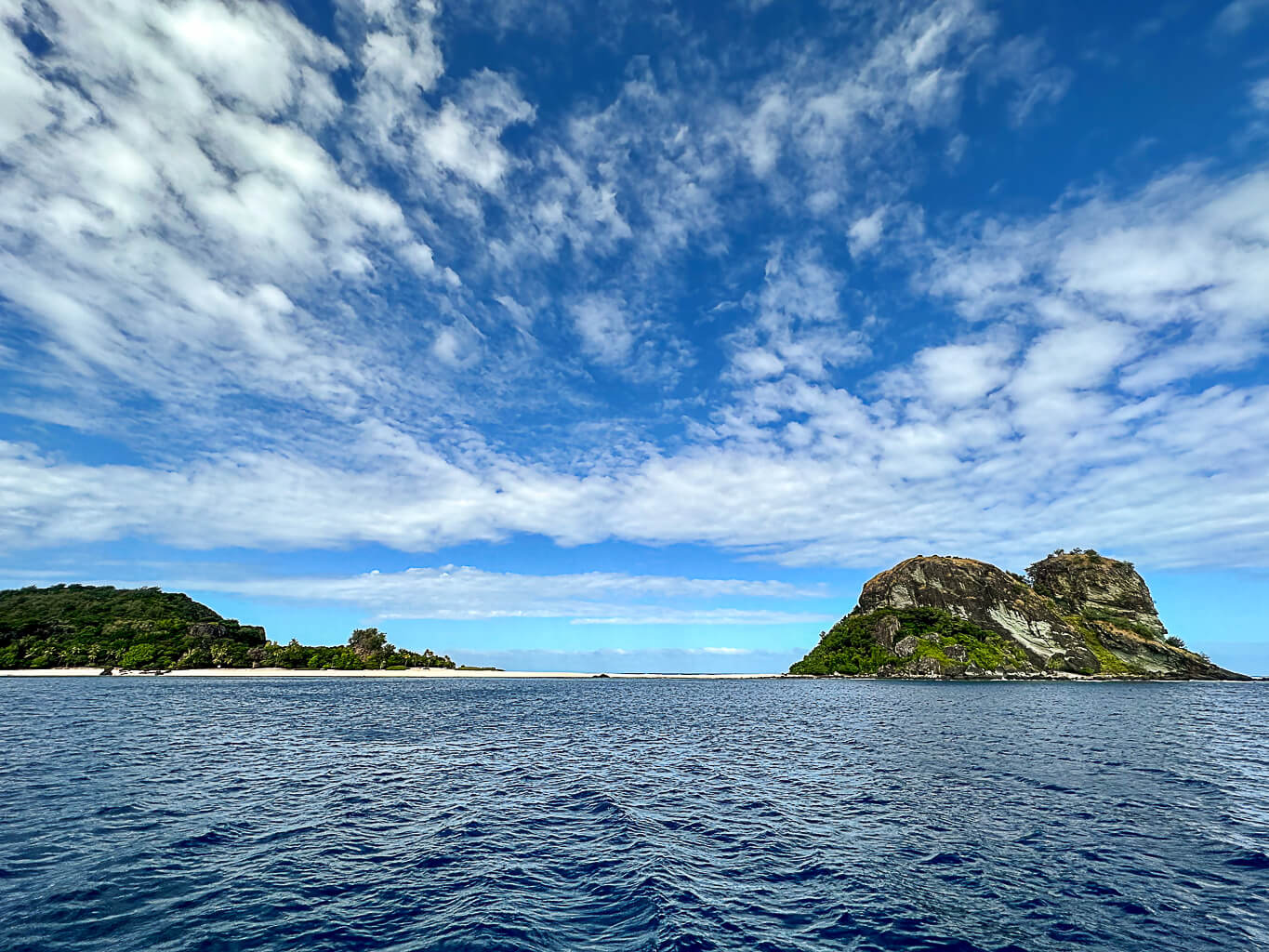

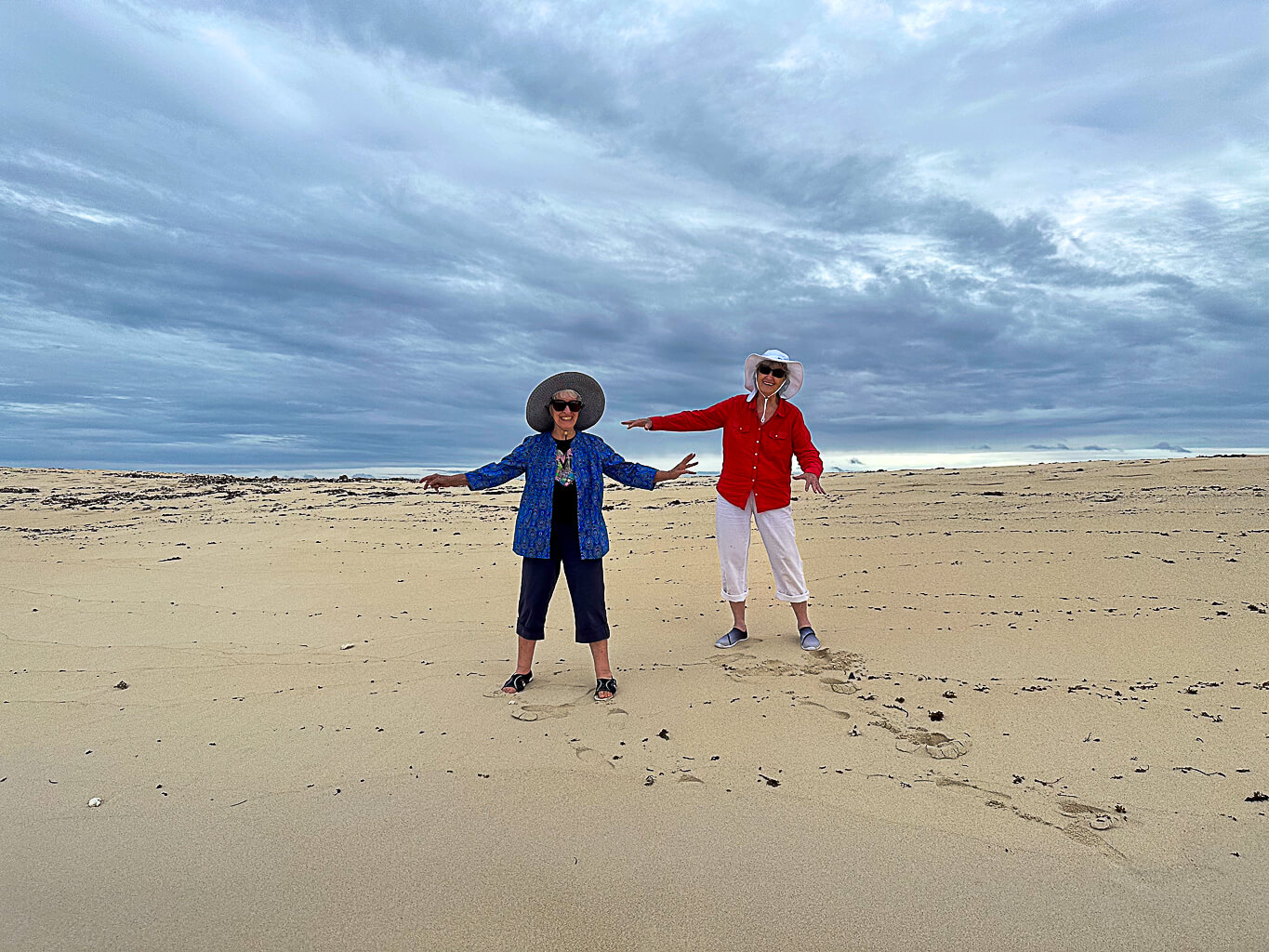
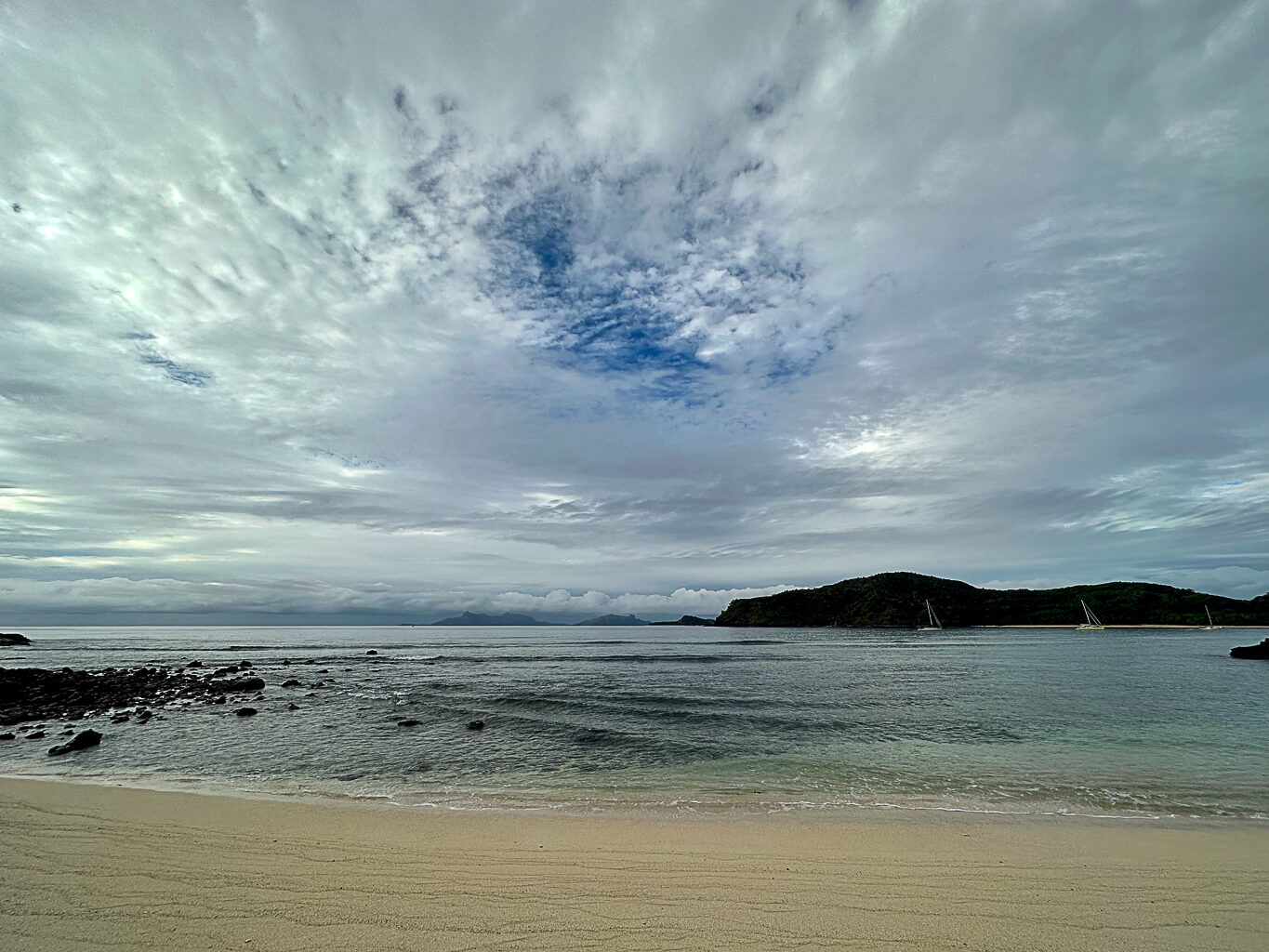
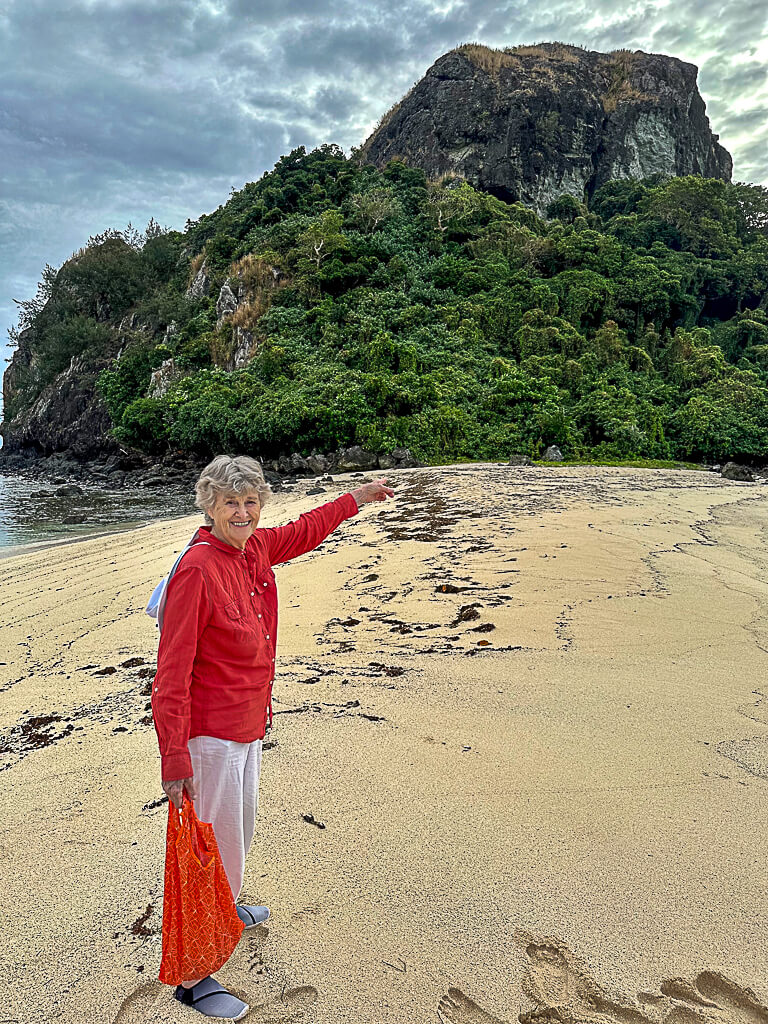
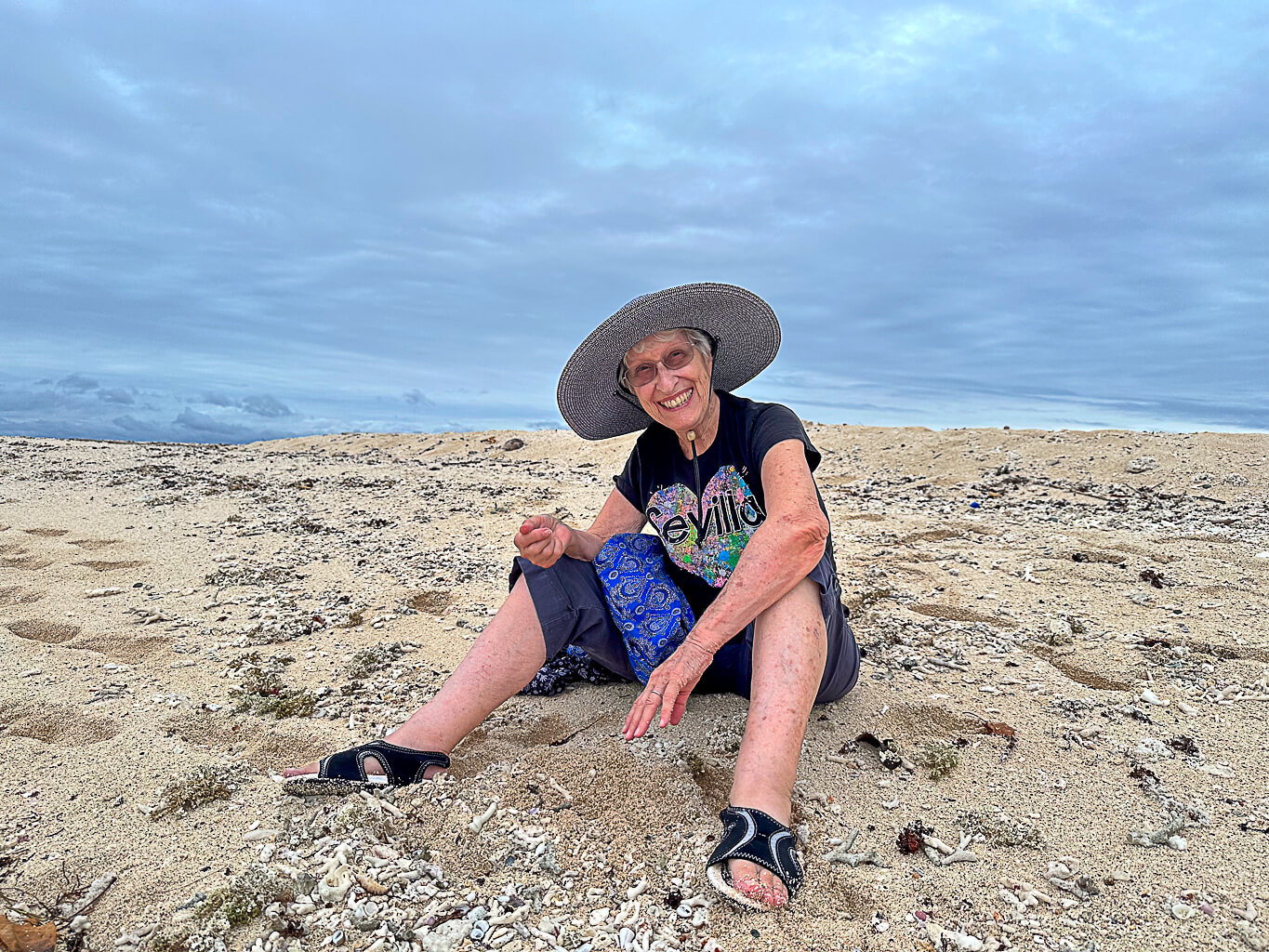
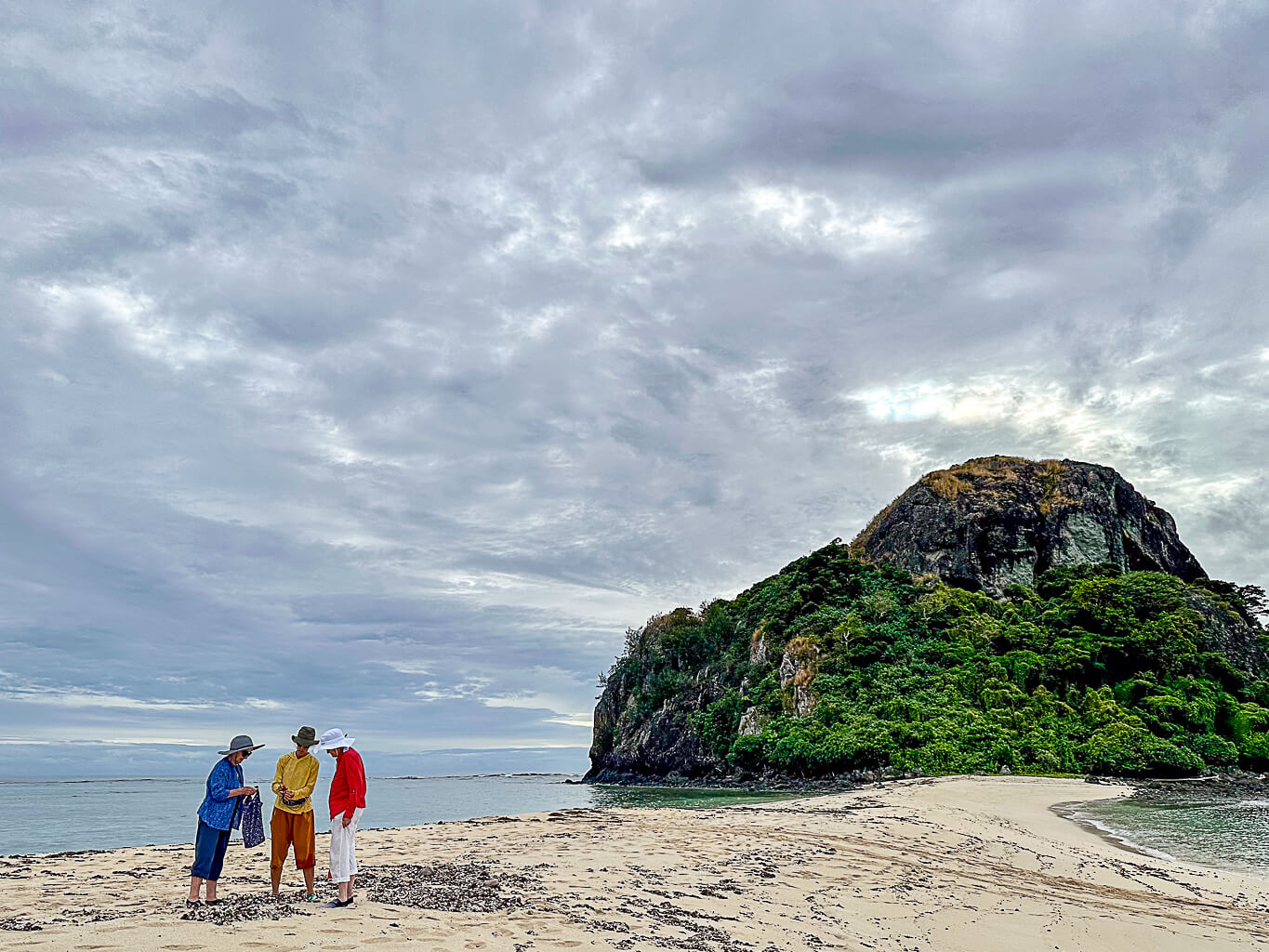

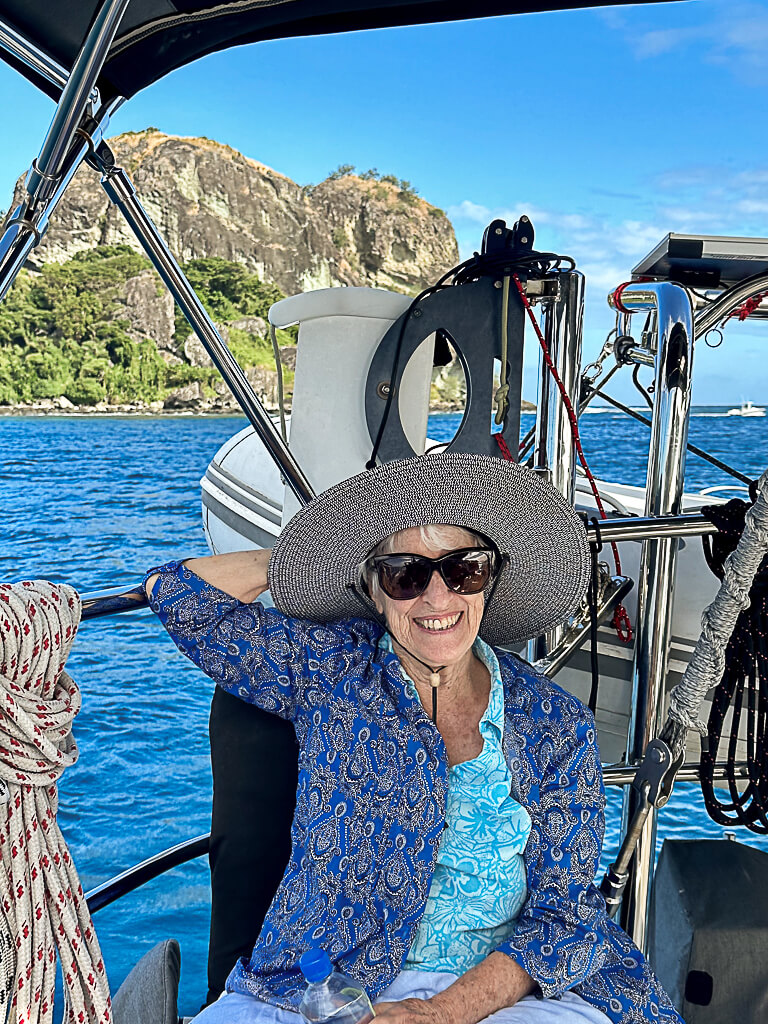
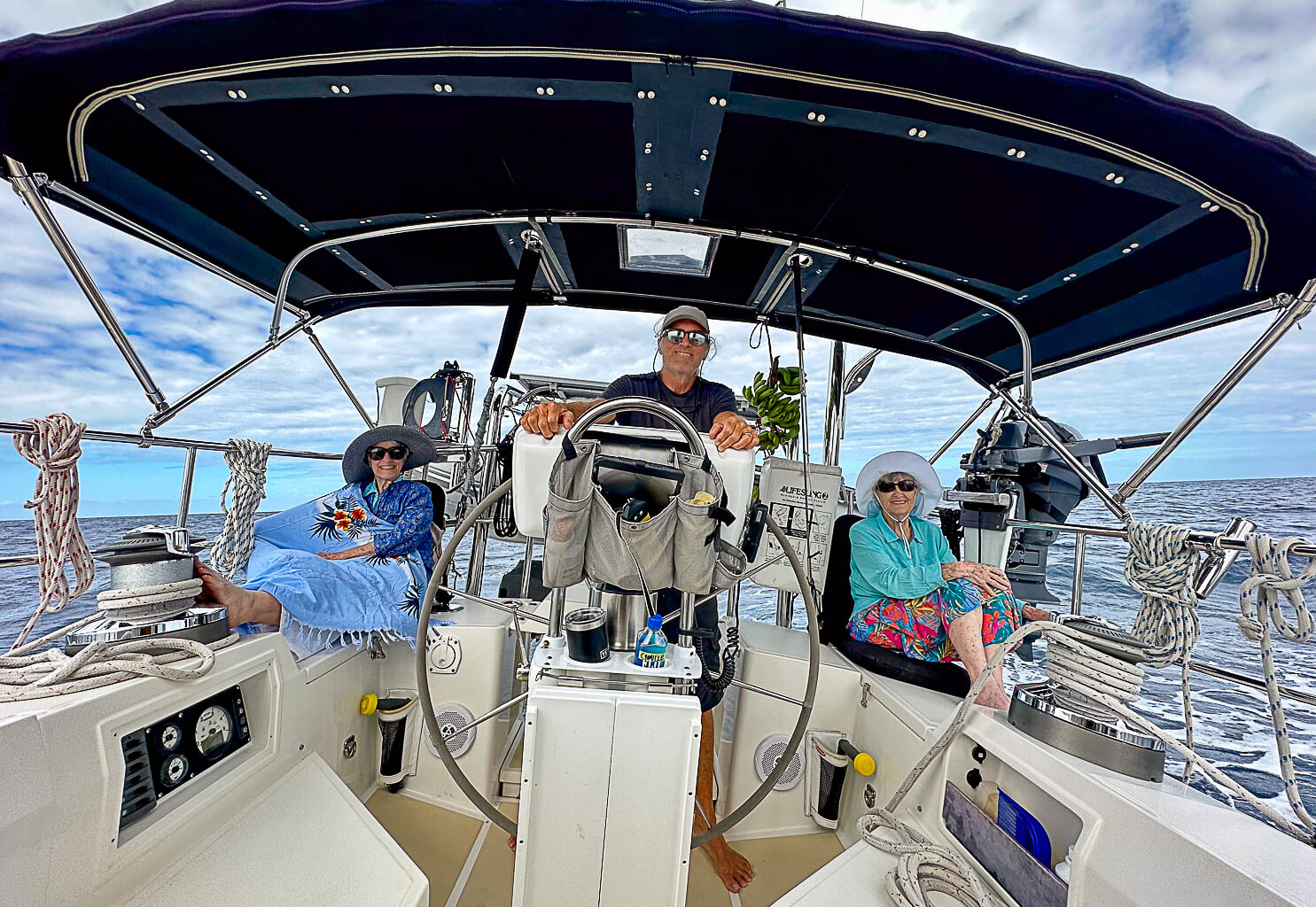

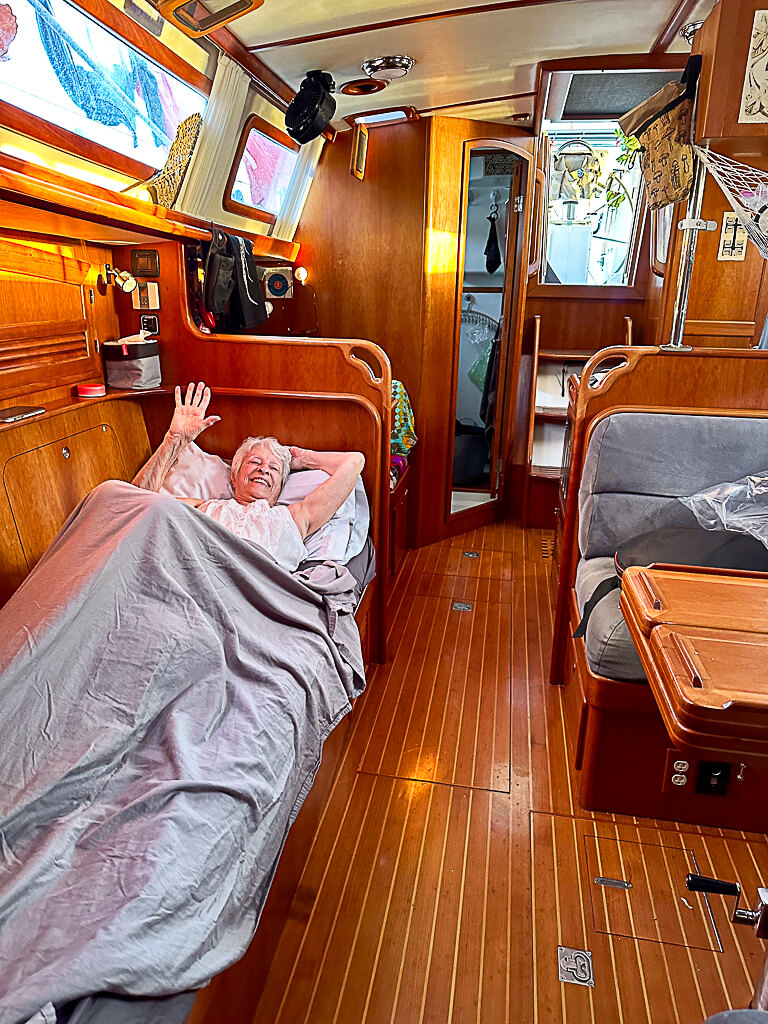
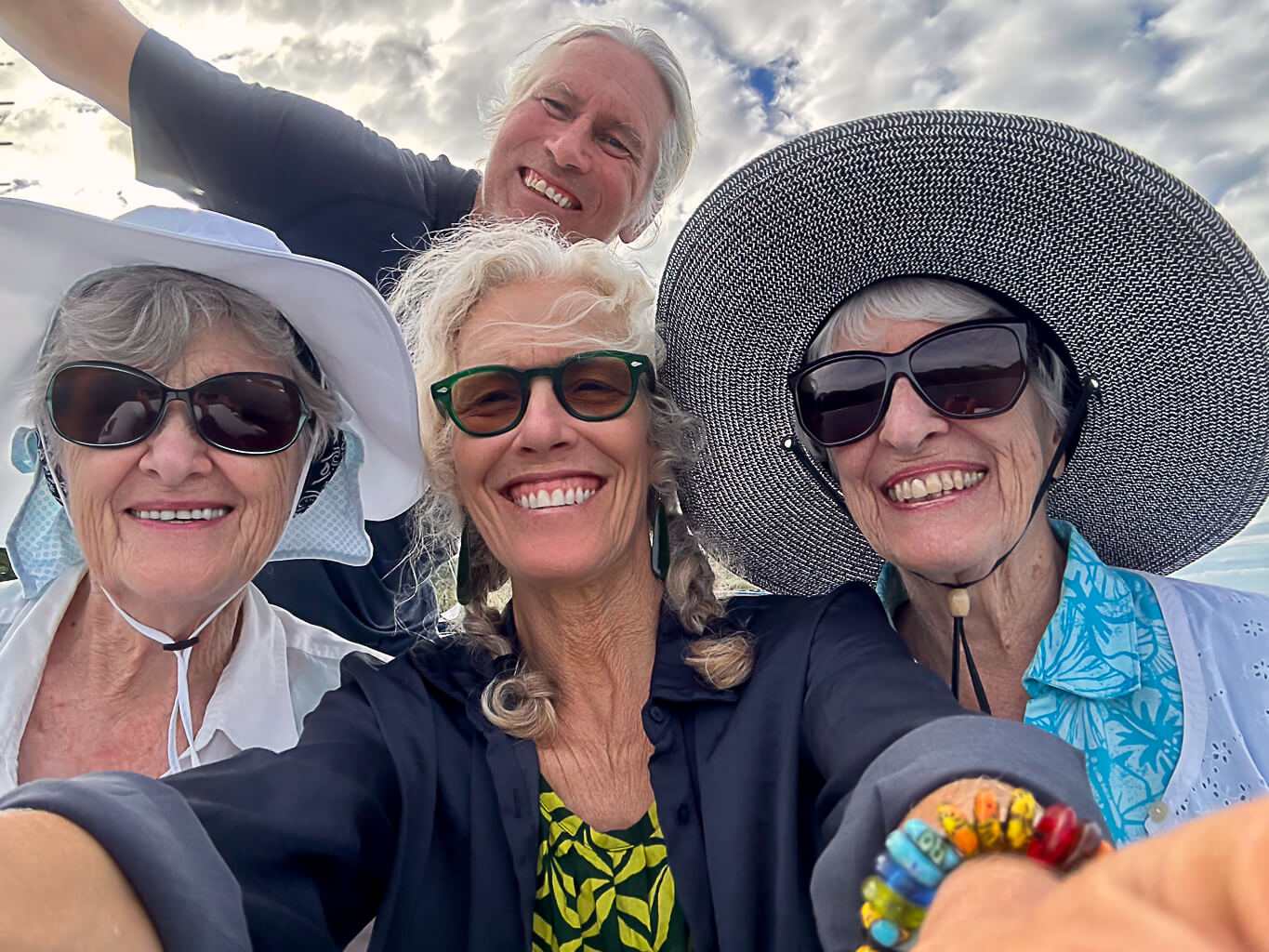
Though the Yasawa’s and Mamanucas (pronounced mamanutha) are more accessible than some areas of Fiji, the culture here seems pretty resilient in coping with the pressures of tourism. All over Fiji people seem to smile a lot — relaxed, unhurried and generally optimistic. I think the Moms particularly enjoyed our cultural interactions. Our first sevusevu ceremony was at Nalauwaki Village in the northern bay of Waya island. The idea of sevusevu is that you must go to the chief of the village to make an offering of kava before you do anything else (swim, hike, fish etc…). Typically you find someone as you land the dinghy on the beach who can take you to the right place (take me to your leader!). The ceremony is usually fascilitated by the chiefs spokesperson, the Turanga Ni Koro. You sit on the floor in the chief’s house or the community hall and pass your kava roots (usually wrapped up in newspaper which is also valued for rolling very long thin cigarettes called Suki) to the spokesperson who passes it onto the chief. He recites a speech (in Fijian) welcoming you, often by name, giving permission to walk about the village, snorkel, dive etc. The spokesperson translates that you are now guests and the chief and the village also take responsibility for your welfare. The ceremony is usually followed by a tour of the village and the school. Apparently Nalauwaki has been without a chief for a while, so this first sevusevu was a very low key version with an elder, but still had the intended effect of making us feel connected to the village rather than outsiders. All over Fiji the custom of not wearing hats, sunglasses, or carrying backpacks on your shoulders is a way that tourists can show their respect for the village. In the Lau group of eastern islands, I also started wearing a sulu (a wrap around skirt for men and women) for the ceremony as another sign of respect. It feels surprisingly good to be welcomed in this formal way and the ceremony really does create a feeling of attachment and mutual responsibility. ~MS
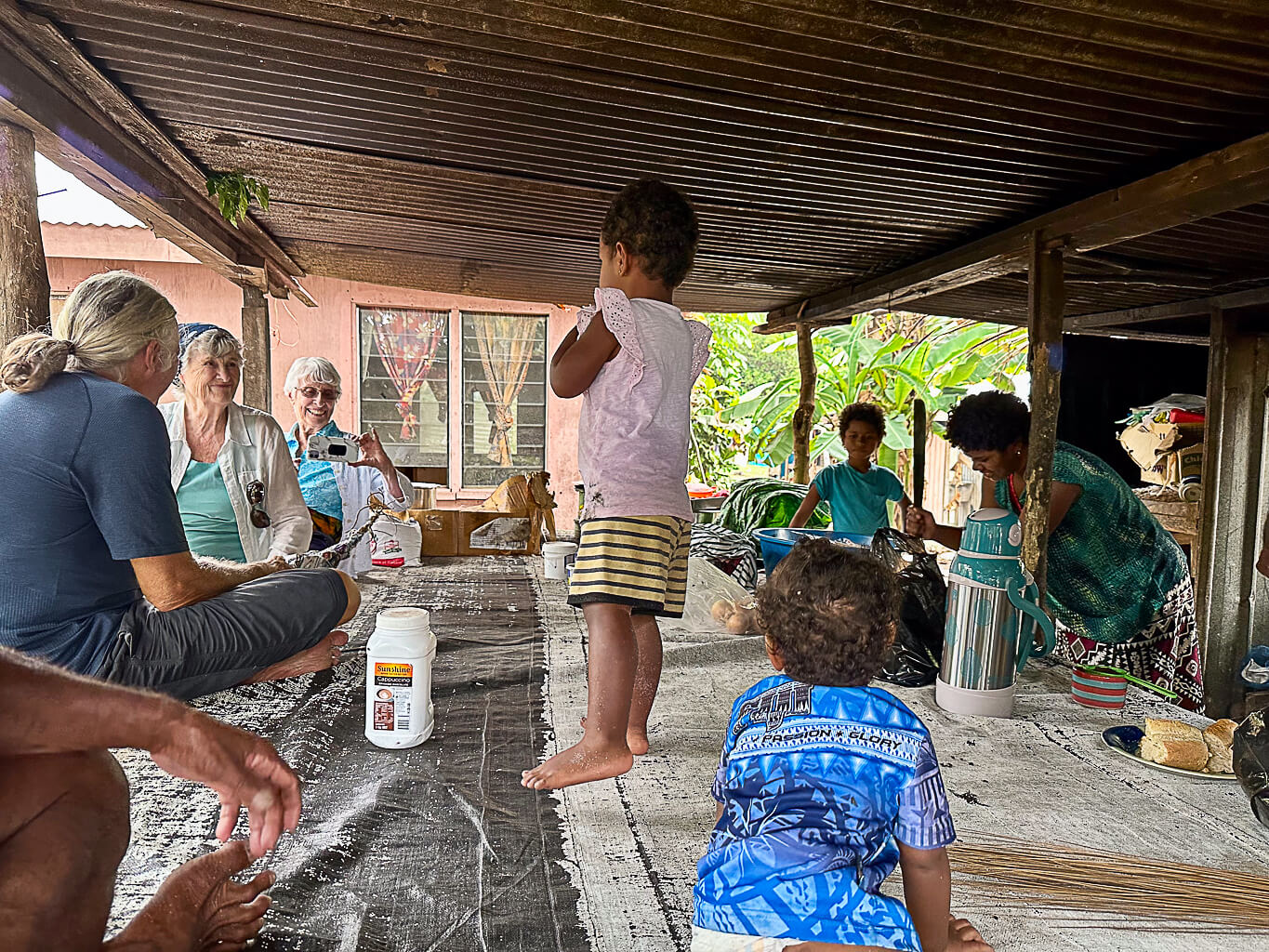
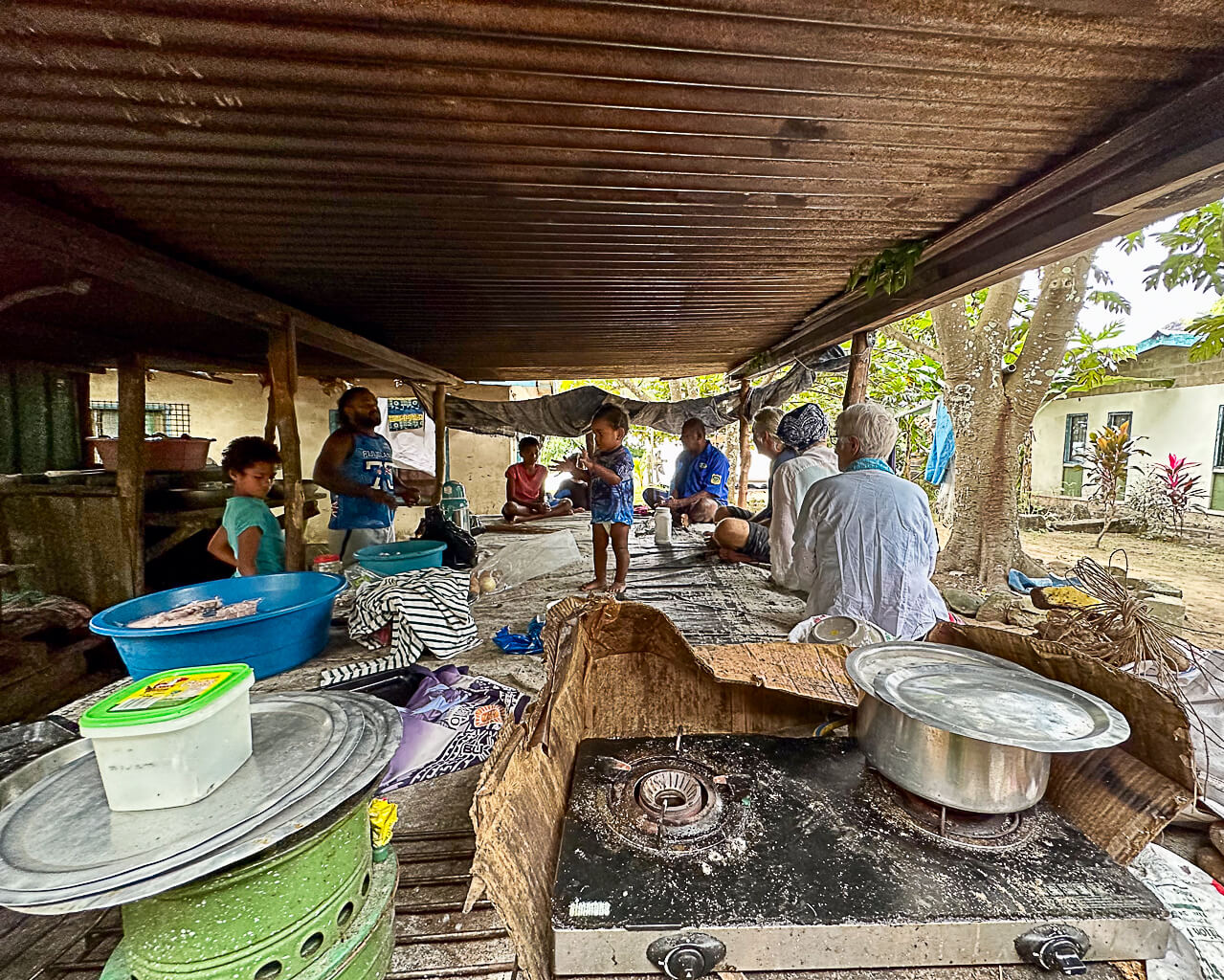
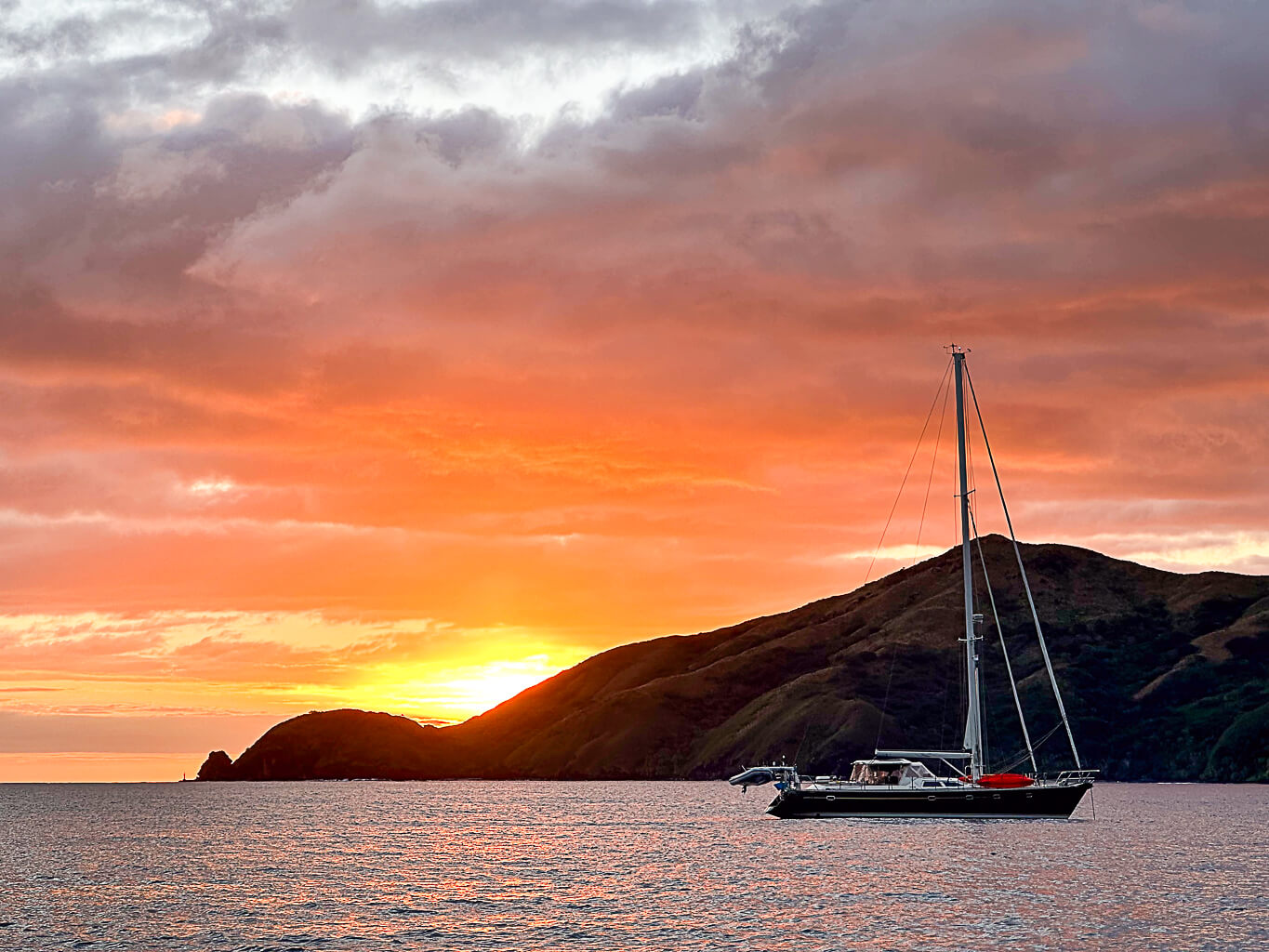
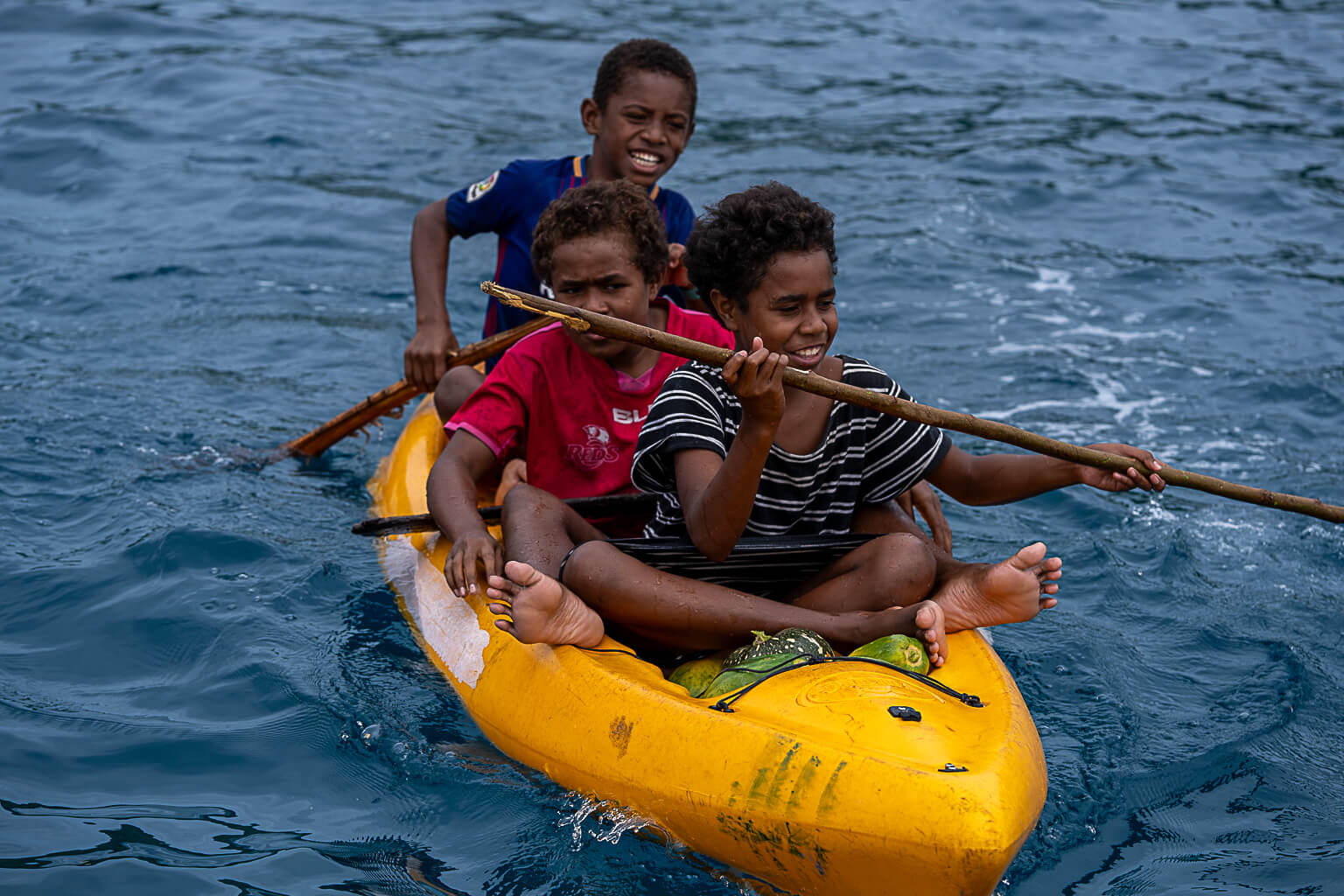

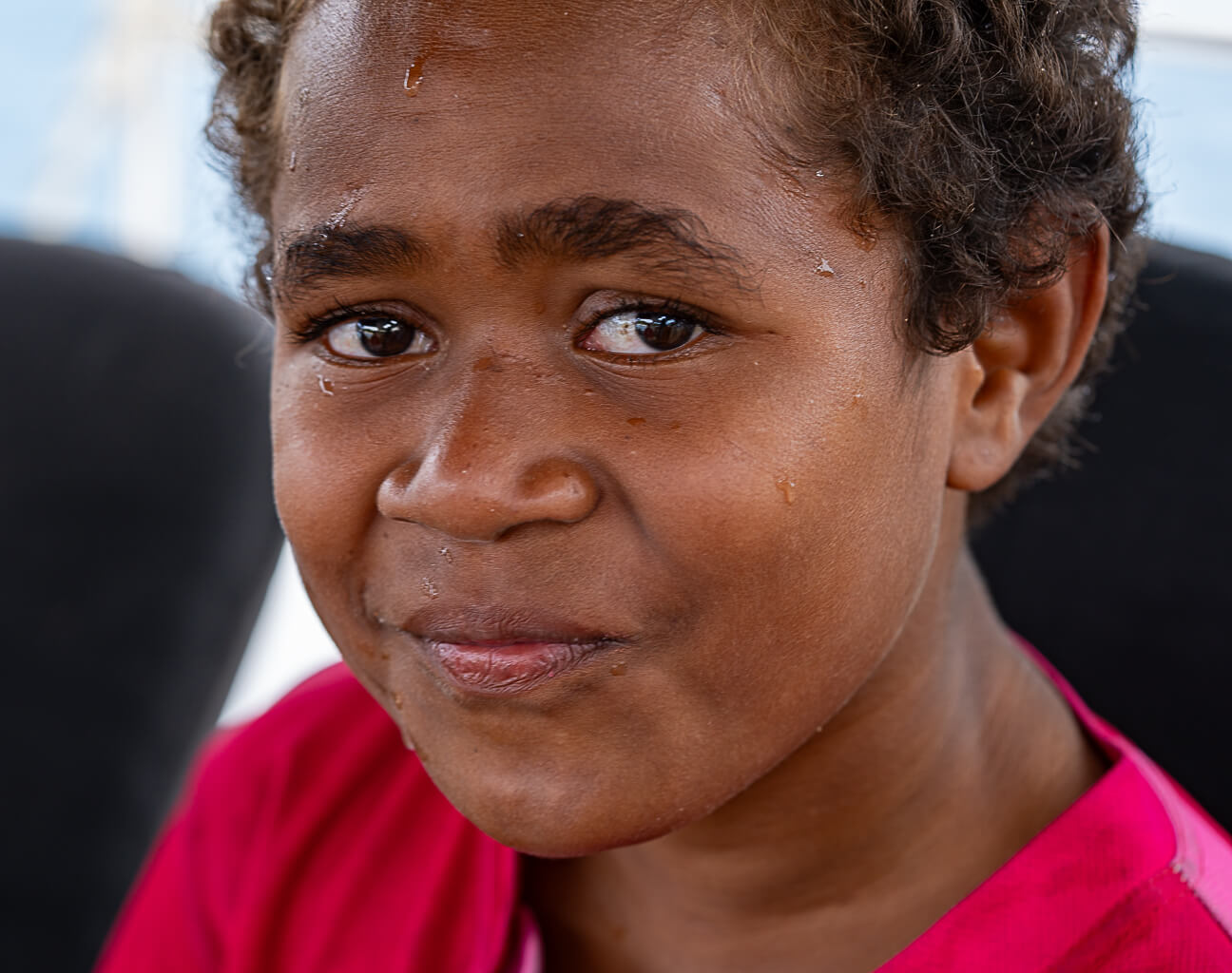

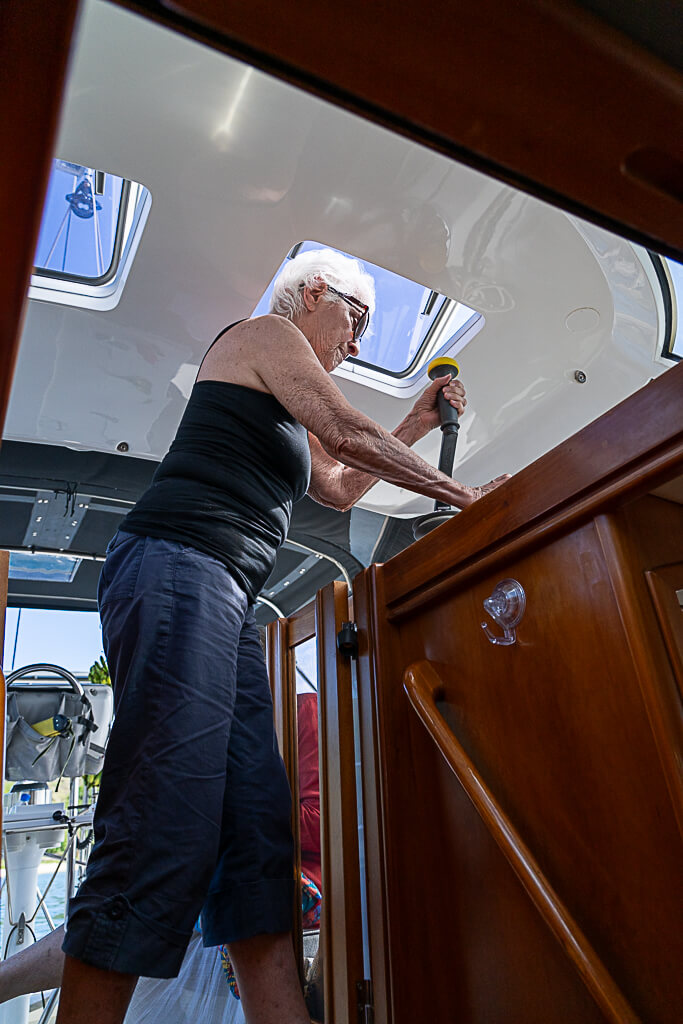
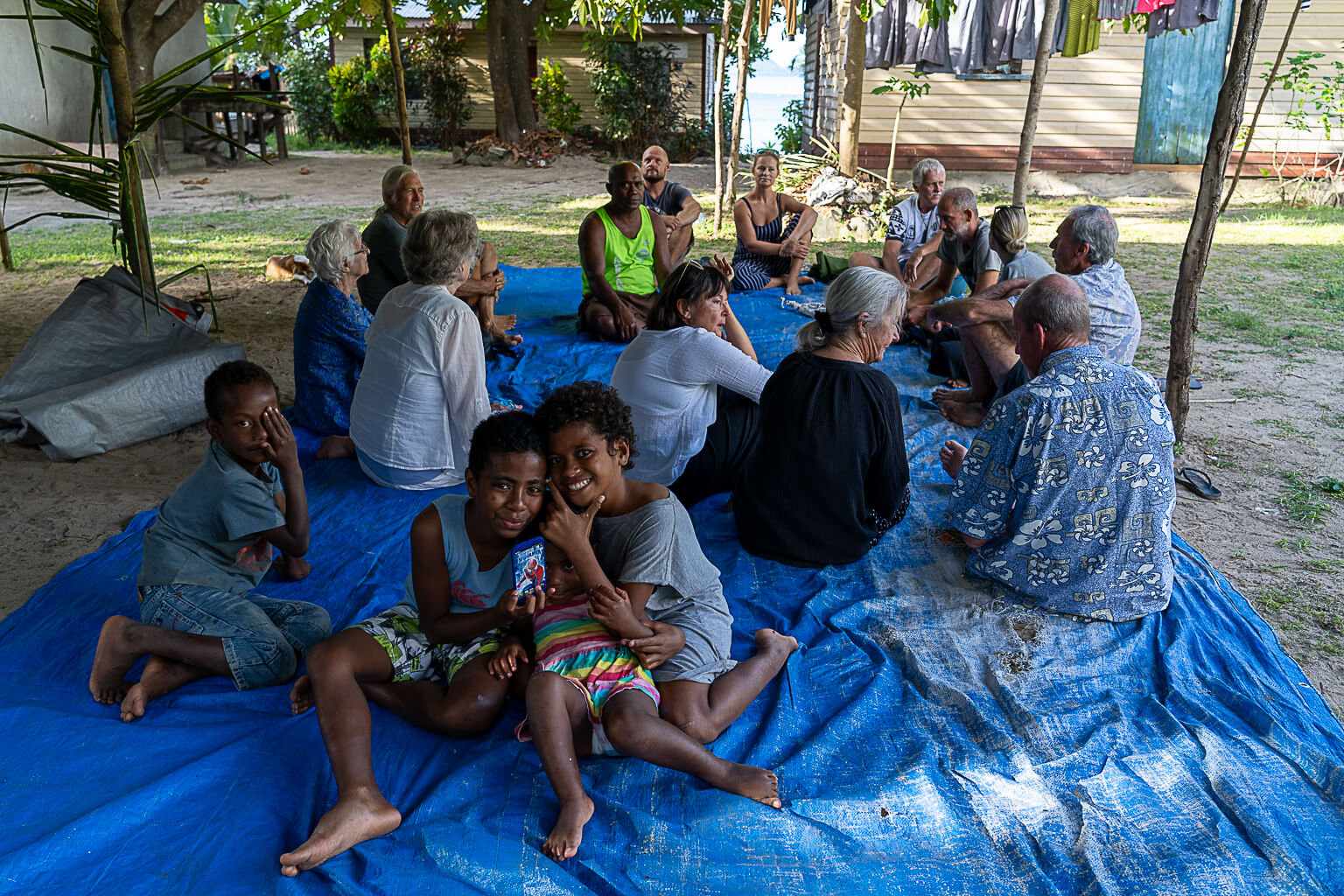
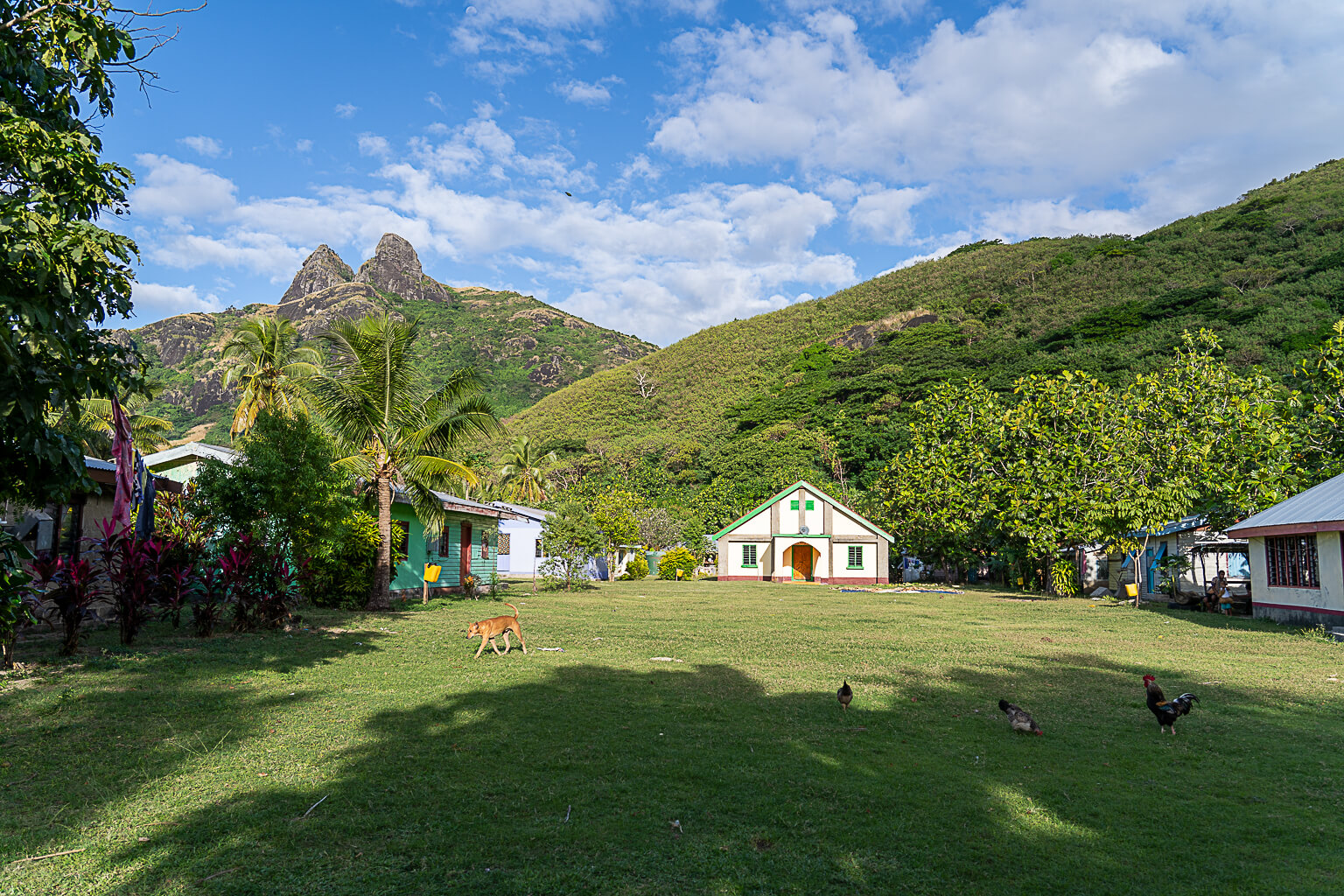
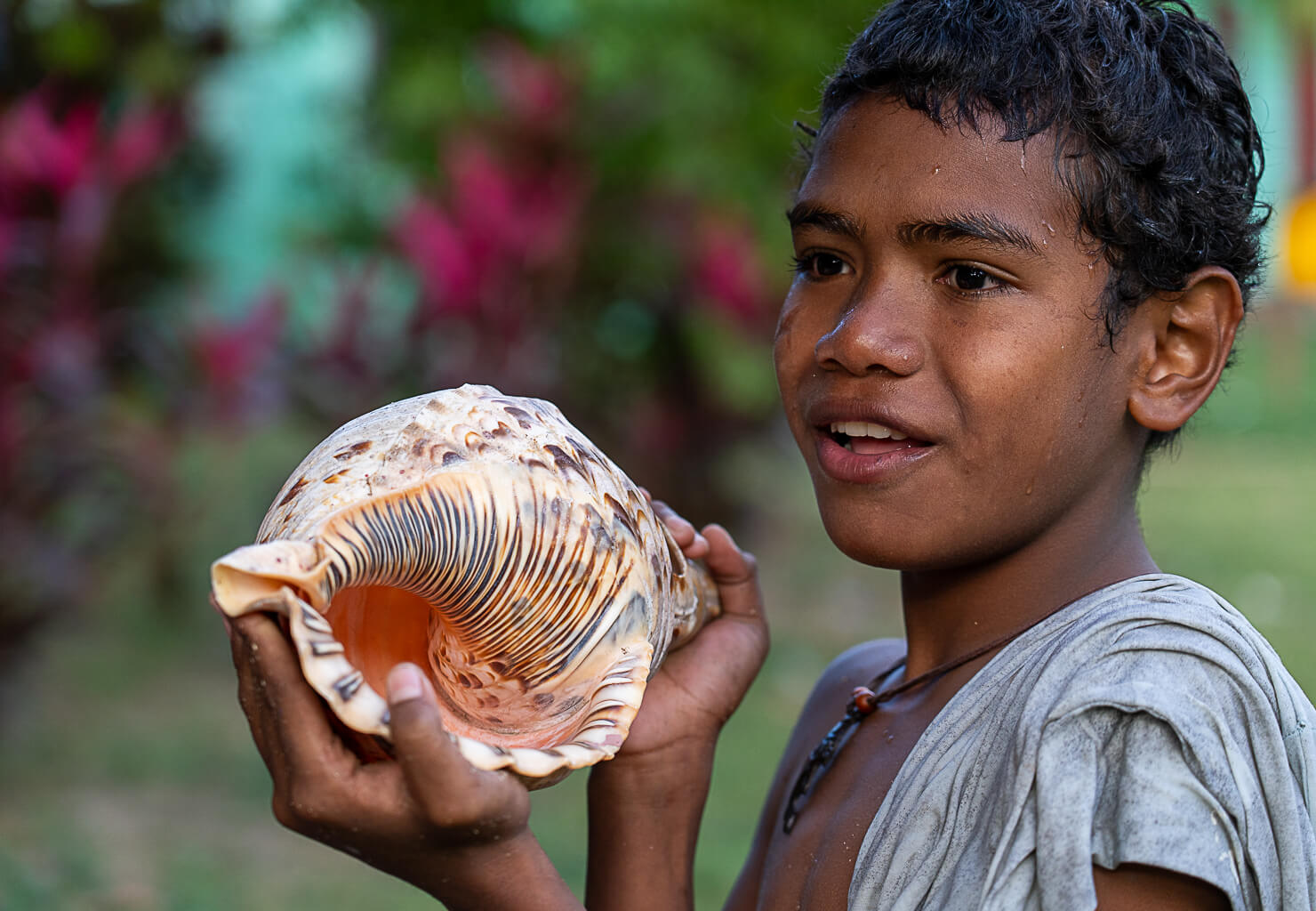

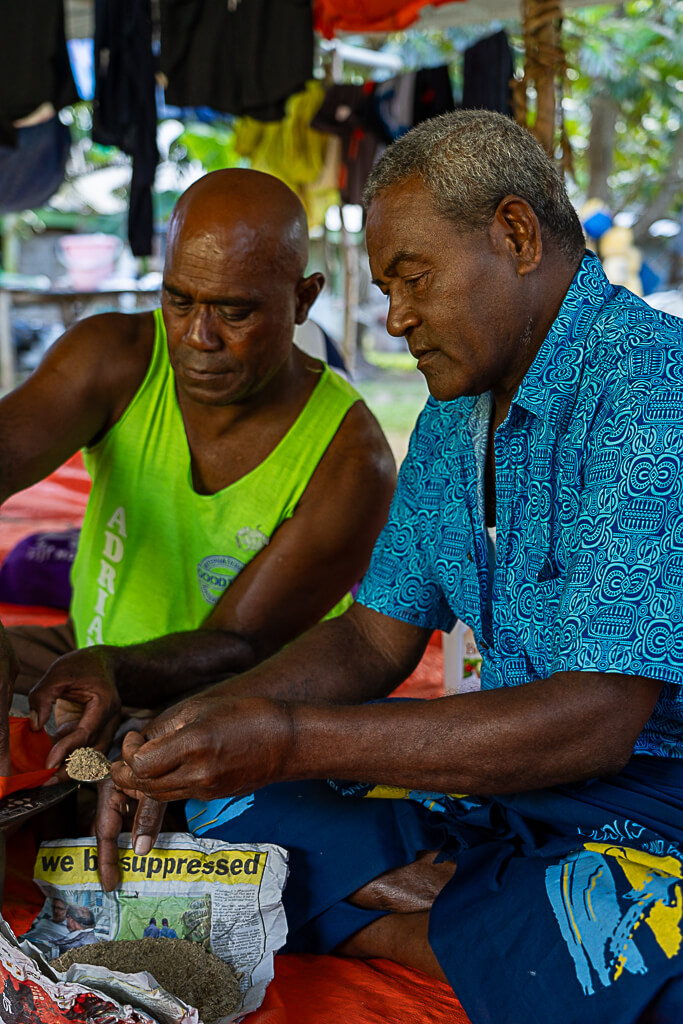
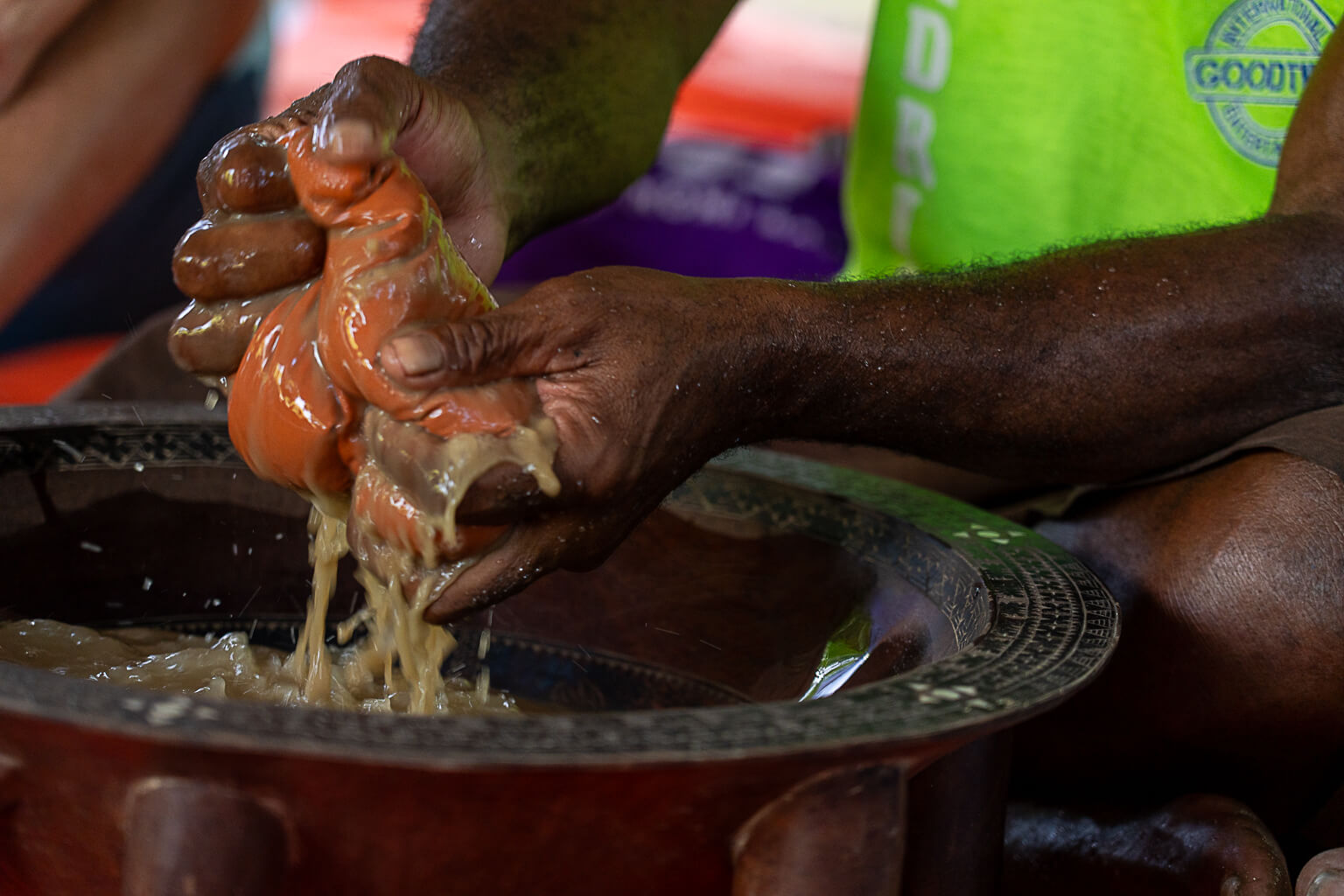


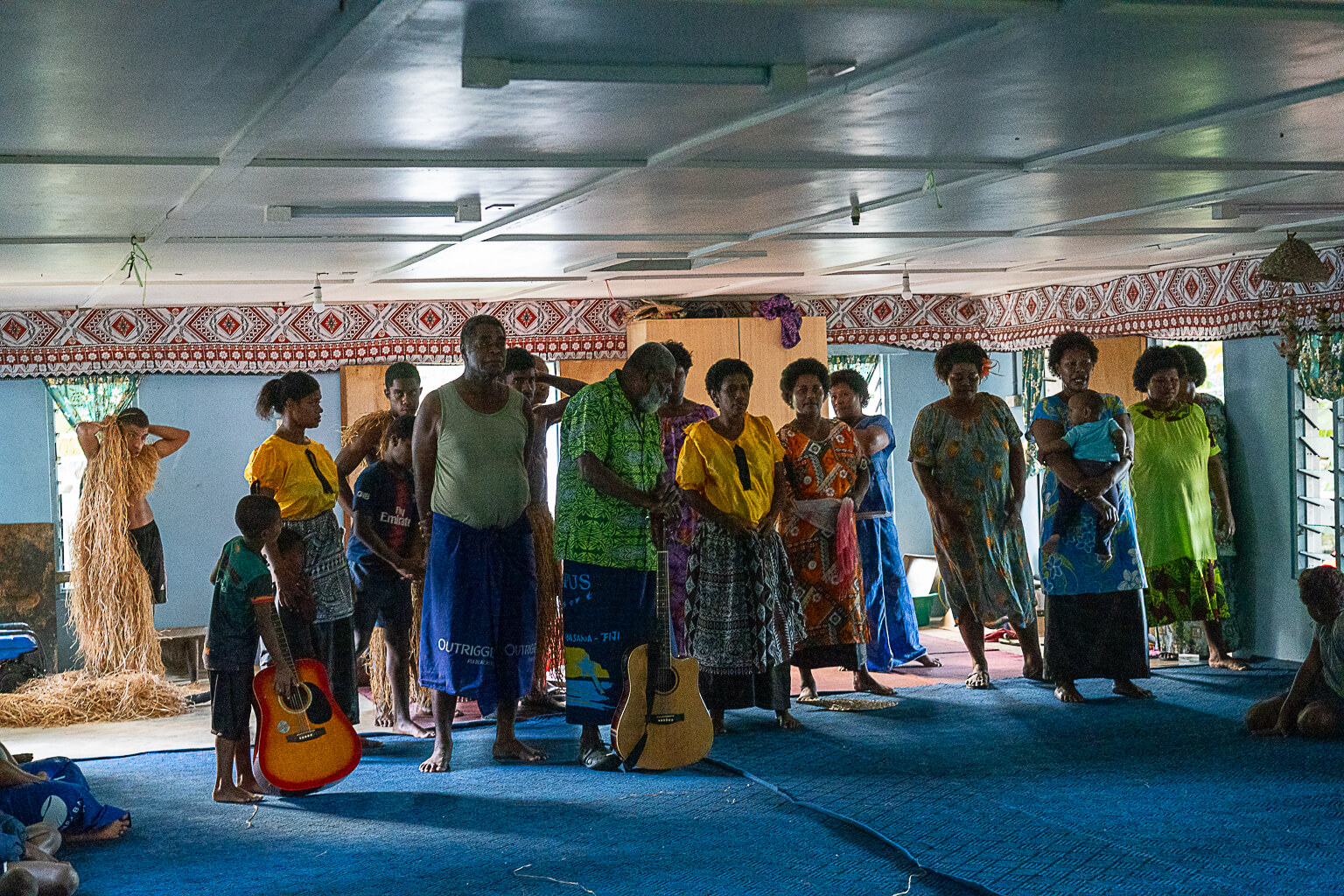

 Since we arrived and offered our sevusevu on a Saturday we knew we would be invited to come to church on Sunday. Since it involves singing, Elizabeth and Camille were all in. We’ve been to church a few times in French Polynesia, the Cook islands and in Fiji. Mostly they’ve been very traditional, patriarchal affairs. Here they are conducted in Fijian, with a brief nod in English to visitors. The singing is the standout part of these Sunday gatherings with stunning acapela harmonies that were very moving. The tone of the sermon at the beginning also seemed softer than we have encountered elsewhere. What really stood out for me, which I’m sure I will never forget was when the pastor asked all the parishioners to offer their own private prayers aloud at the same time. The murmur of all those voices blending together was pure magic. The congregation then endured a very long scolding which seems de rigeuer for these weekly sermons (thrice each Sunday minimum, at 5AM, 10AM and 3PM). The children deserve special mention for managing superhuman patience without the usual oversight of one of the villager elders wielding a long stick which we’ve seen most other places. ~MS
Since we arrived and offered our sevusevu on a Saturday we knew we would be invited to come to church on Sunday. Since it involves singing, Elizabeth and Camille were all in. We’ve been to church a few times in French Polynesia, the Cook islands and in Fiji. Mostly they’ve been very traditional, patriarchal affairs. Here they are conducted in Fijian, with a brief nod in English to visitors. The singing is the standout part of these Sunday gatherings with stunning acapela harmonies that were very moving. The tone of the sermon at the beginning also seemed softer than we have encountered elsewhere. What really stood out for me, which I’m sure I will never forget was when the pastor asked all the parishioners to offer their own private prayers aloud at the same time. The murmur of all those voices blending together was pure magic. The congregation then endured a very long scolding which seems de rigeuer for these weekly sermons (thrice each Sunday minimum, at 5AM, 10AM and 3PM). The children deserve special mention for managing superhuman patience without the usual oversight of one of the villager elders wielding a long stick which we’ve seen most other places. ~MS
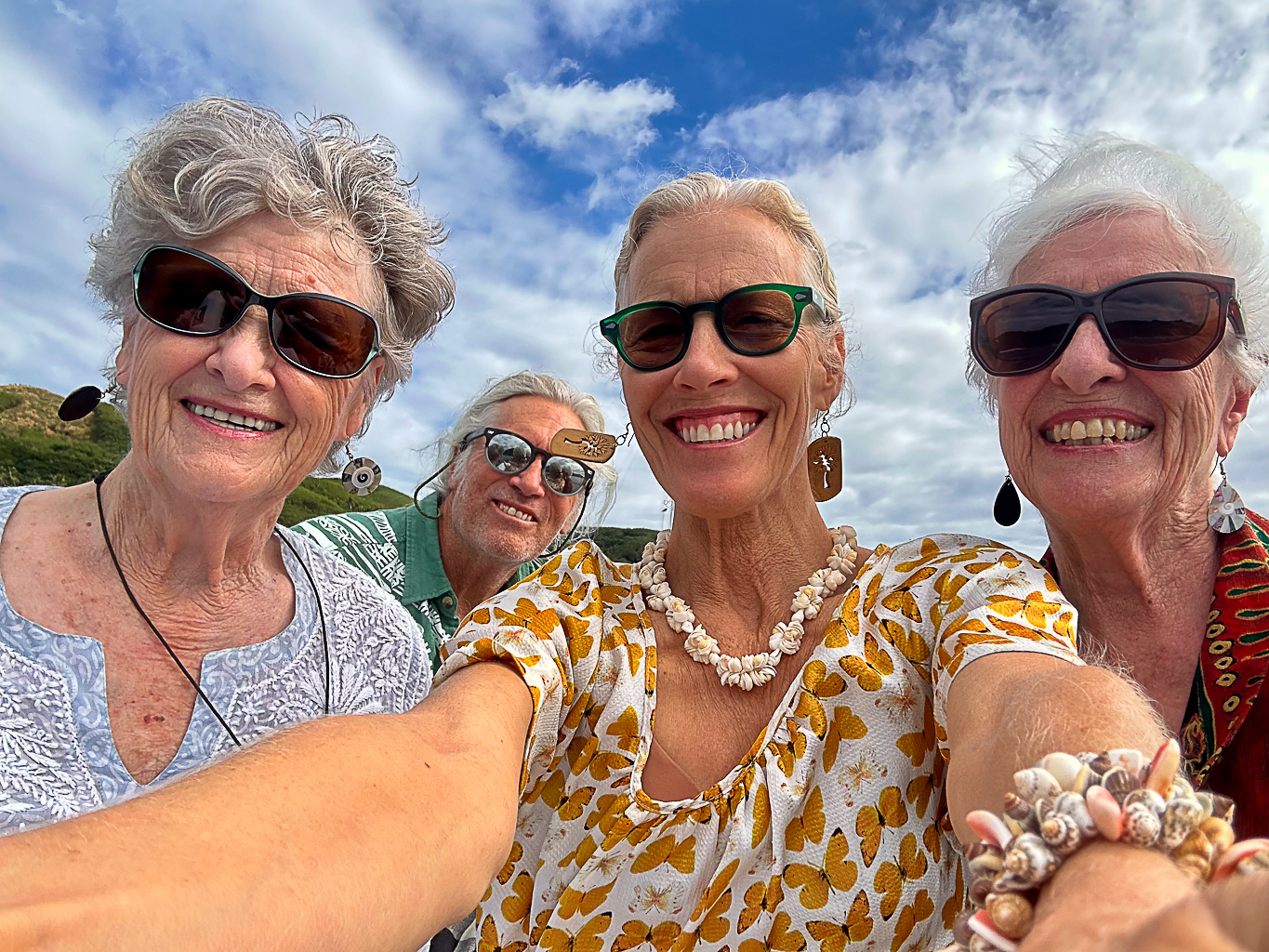

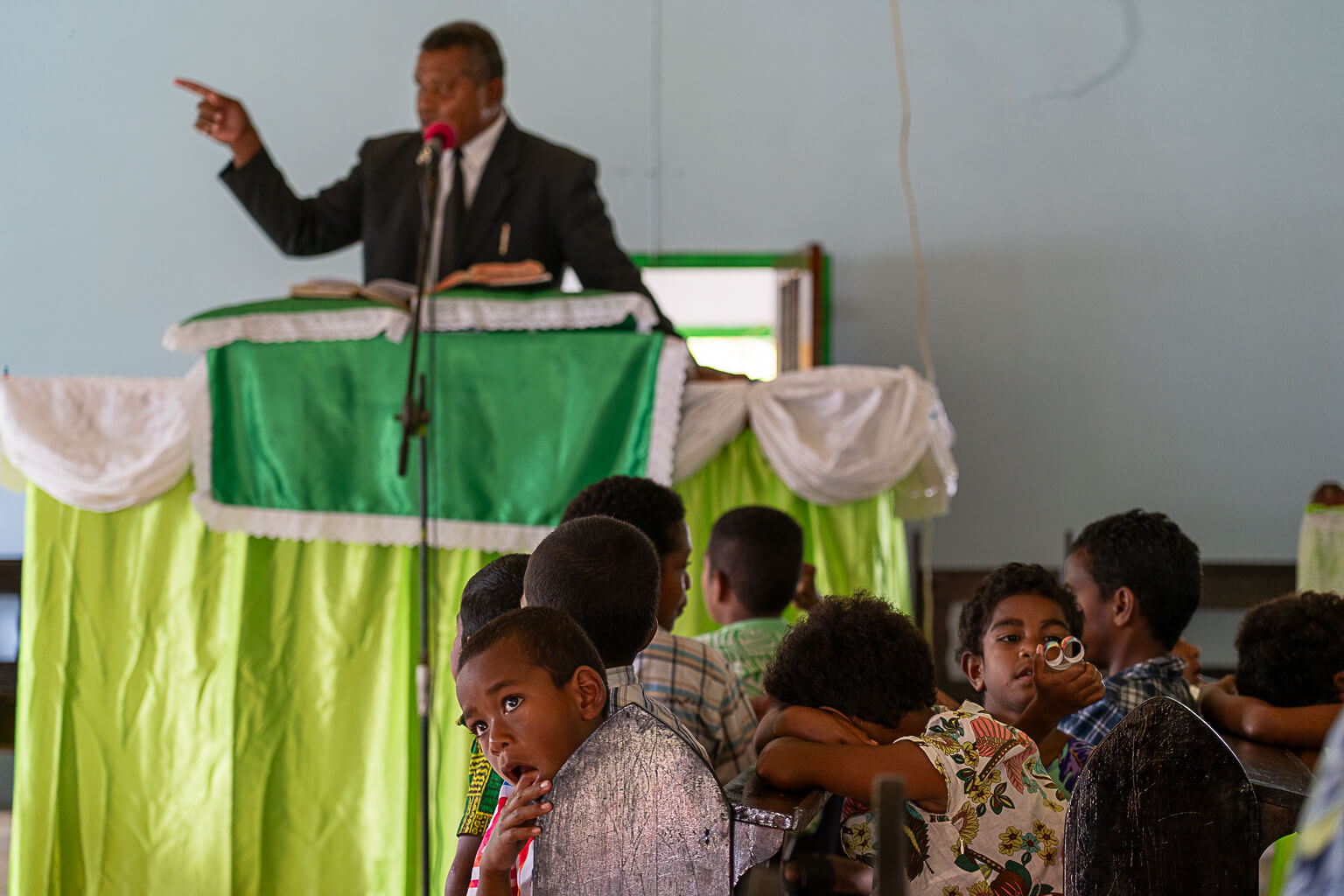
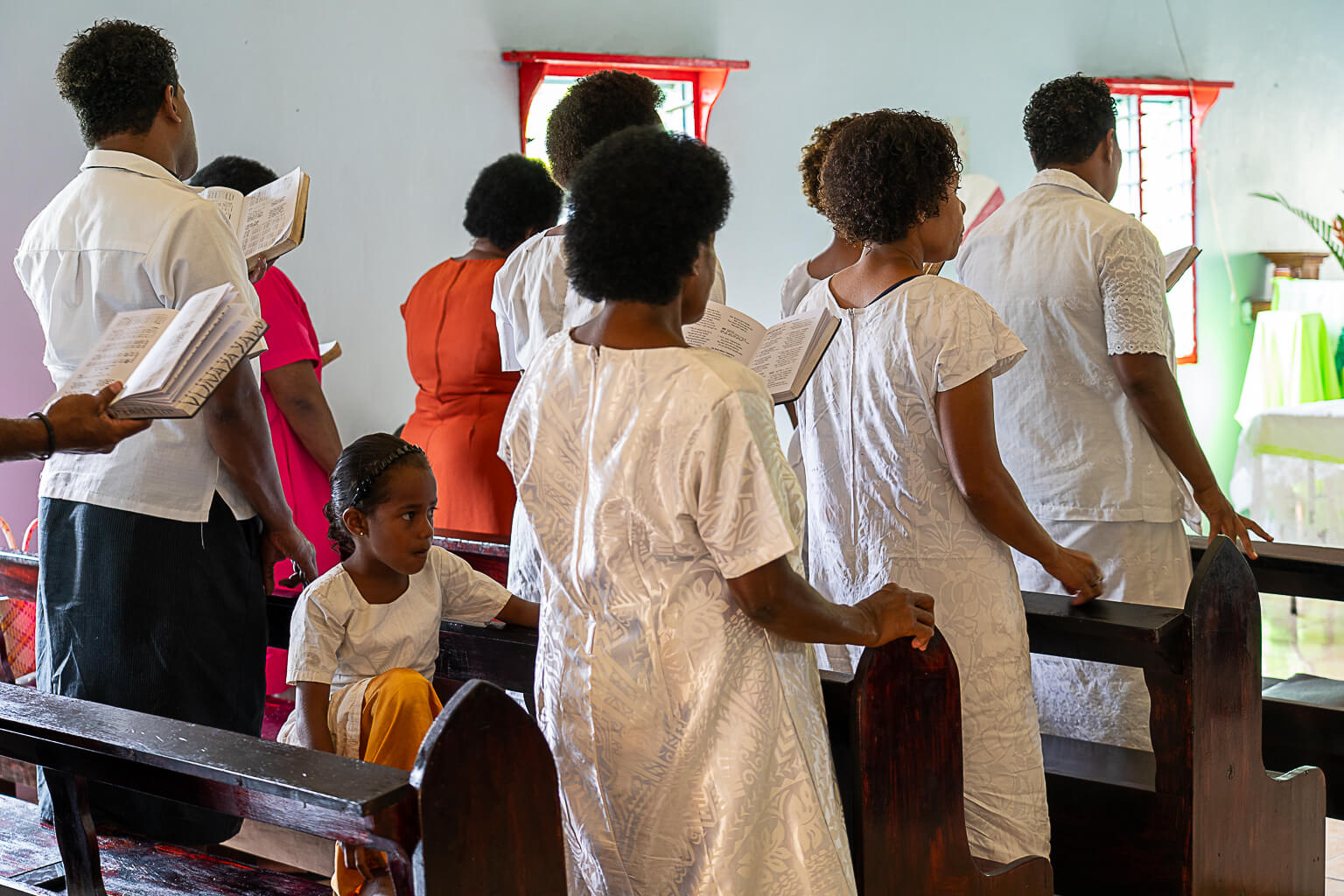
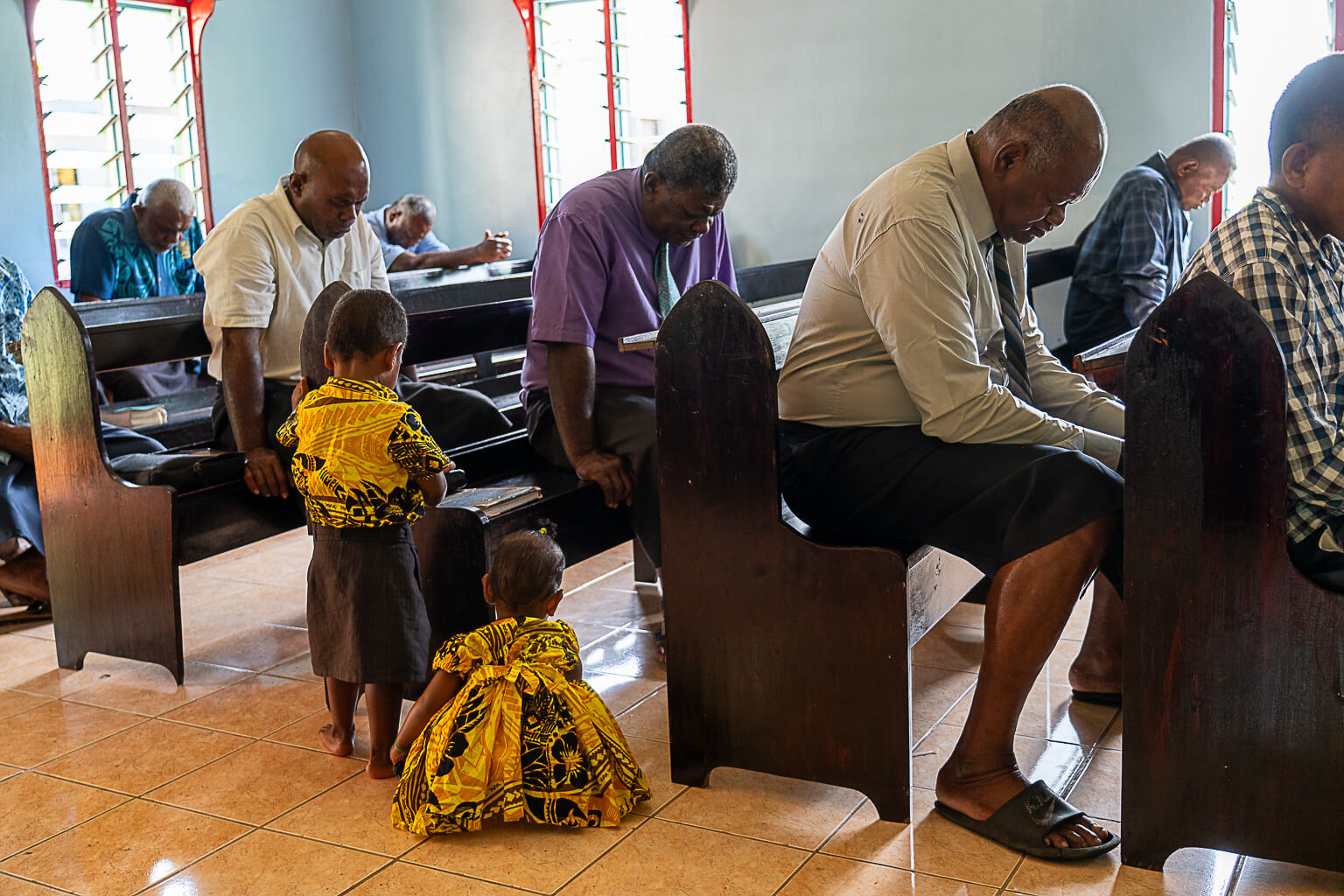

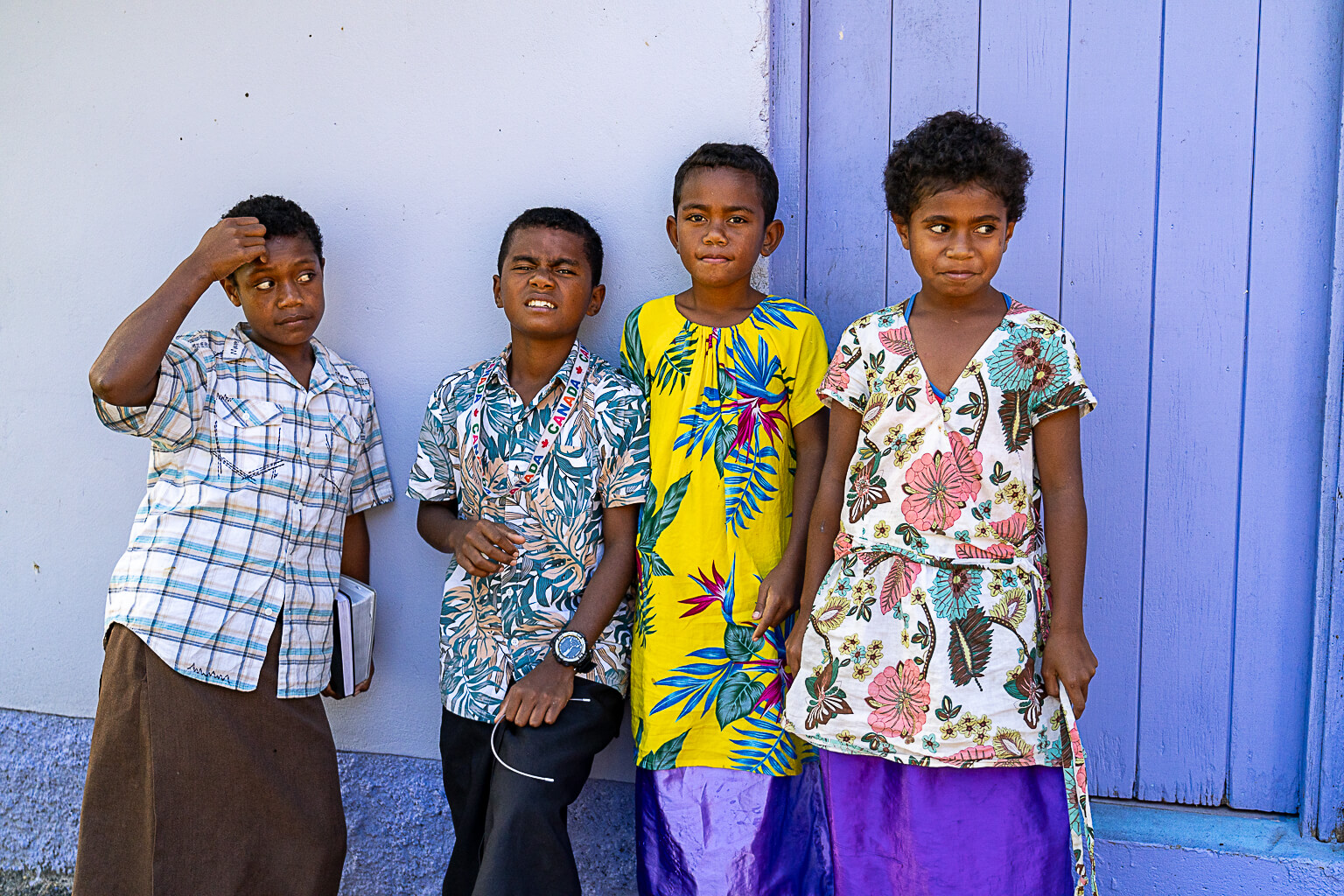
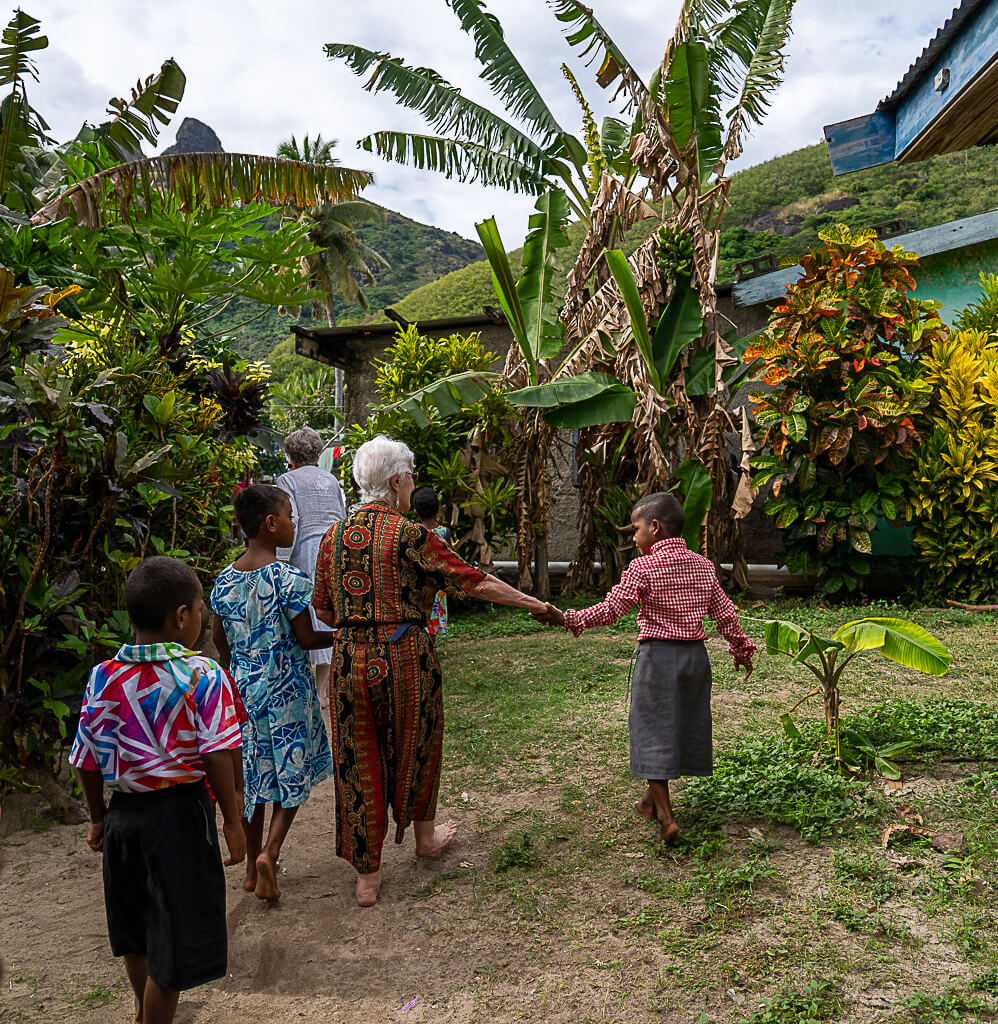
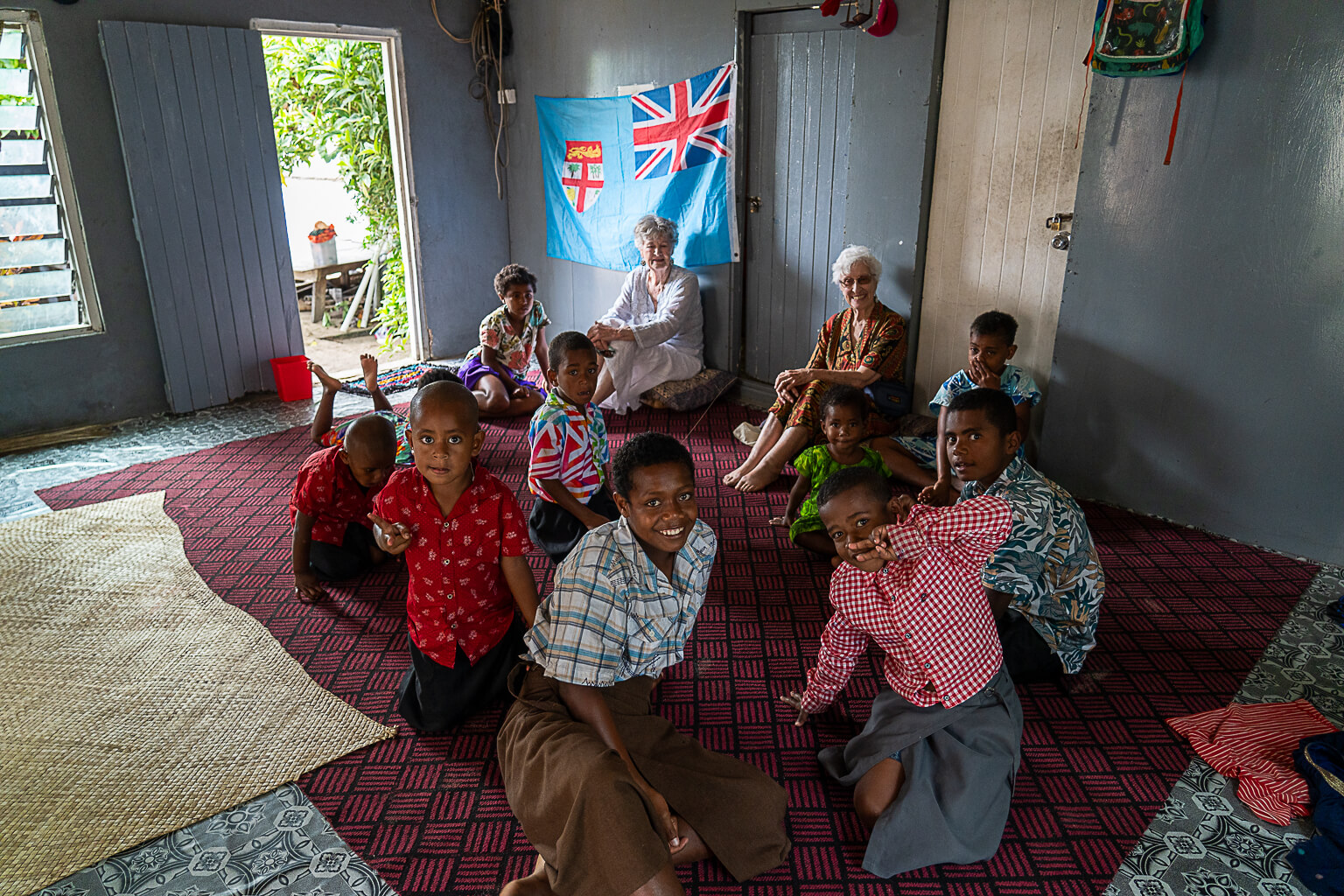
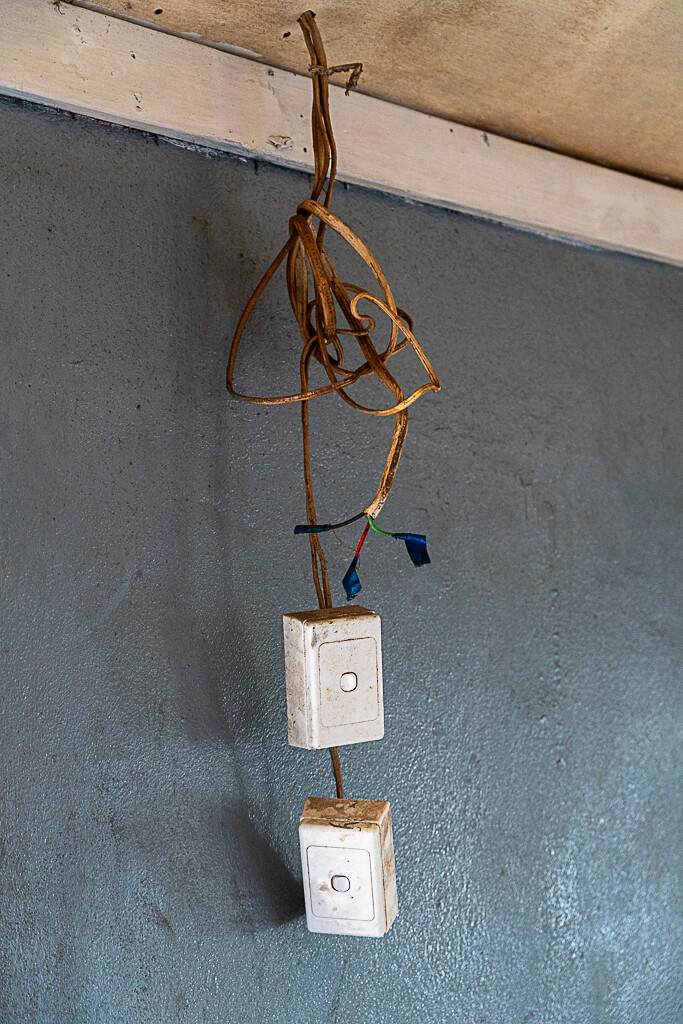
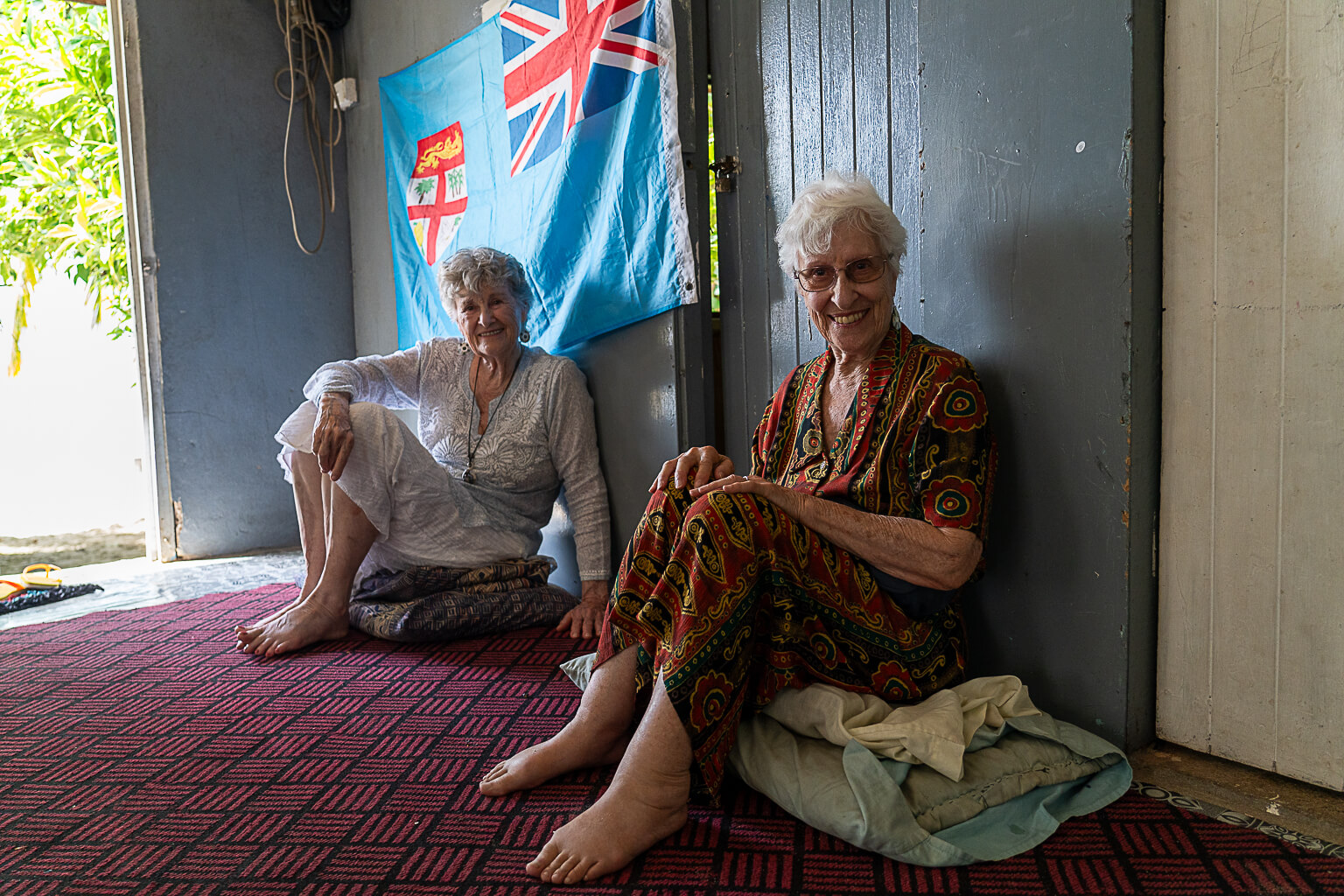

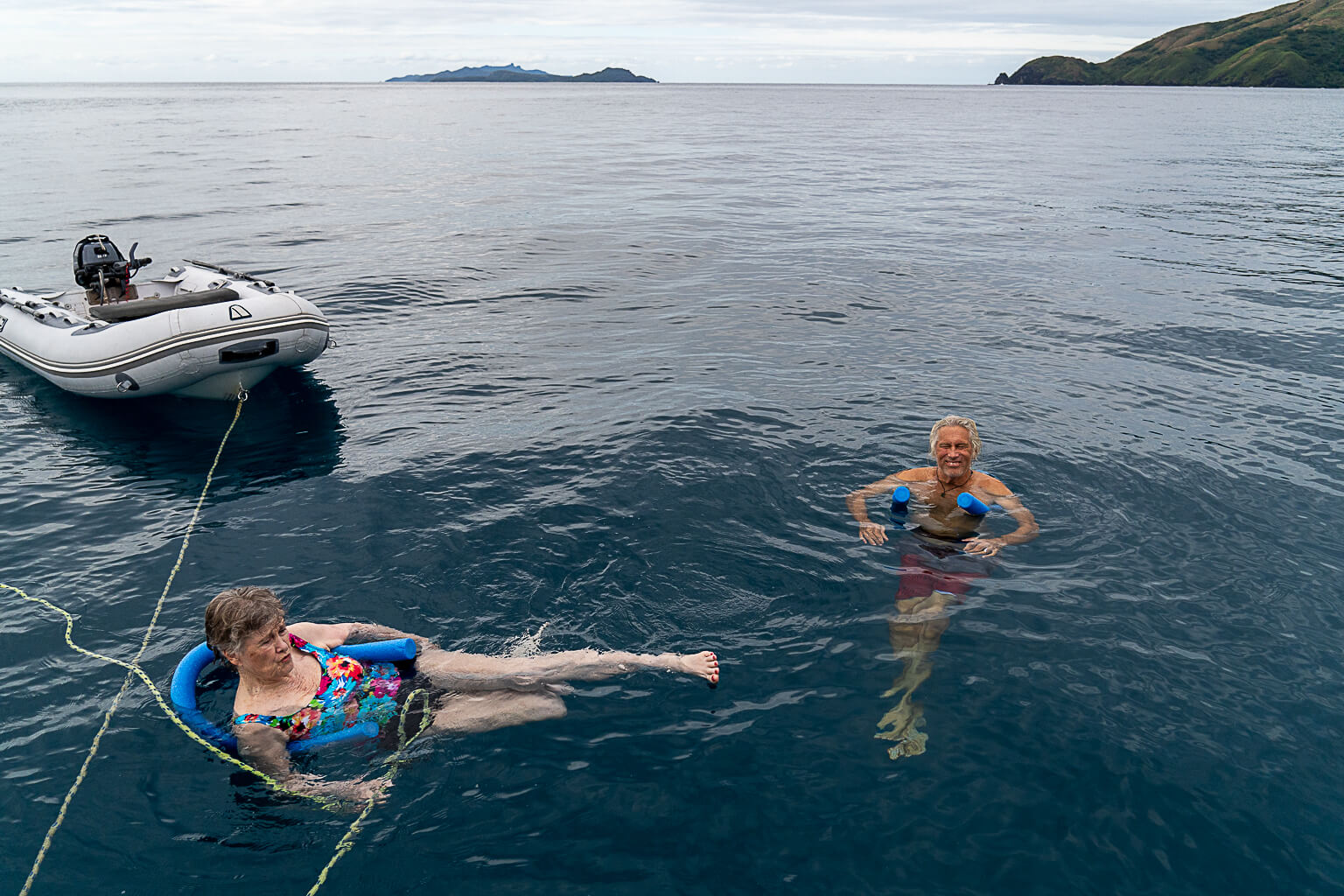
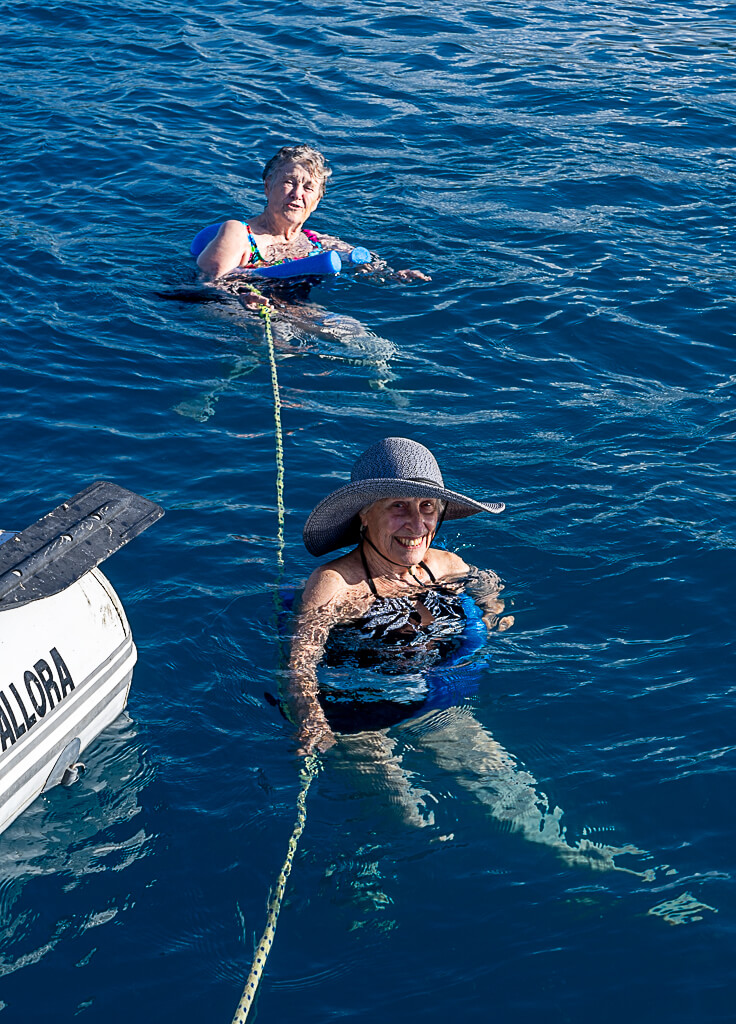

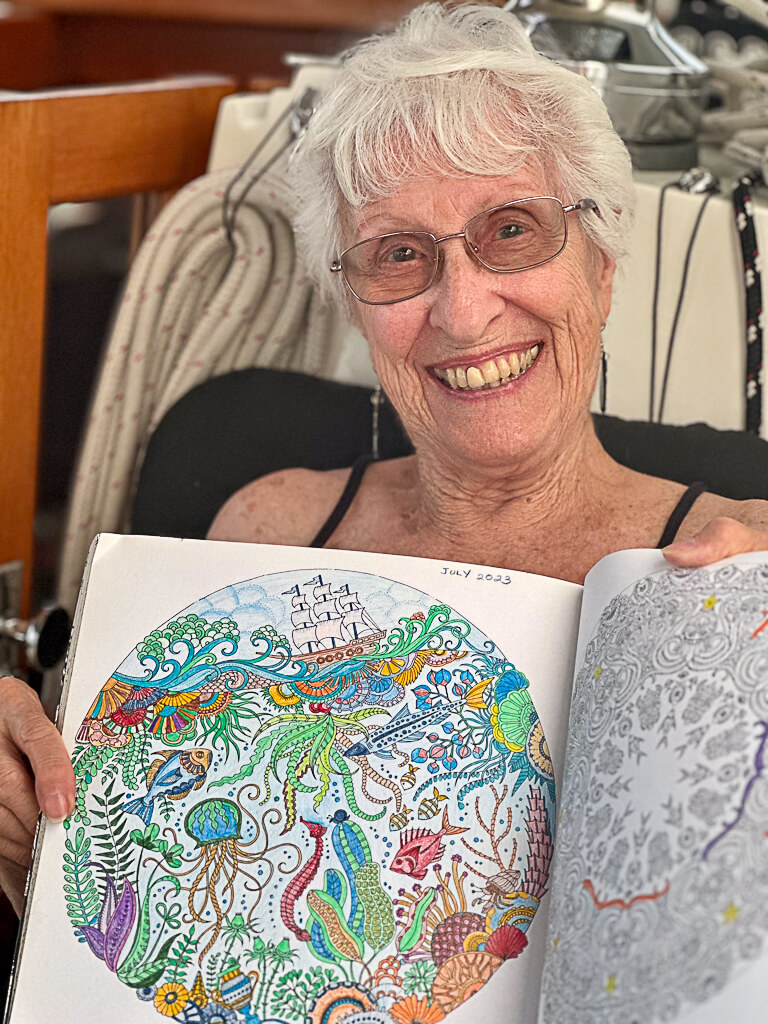
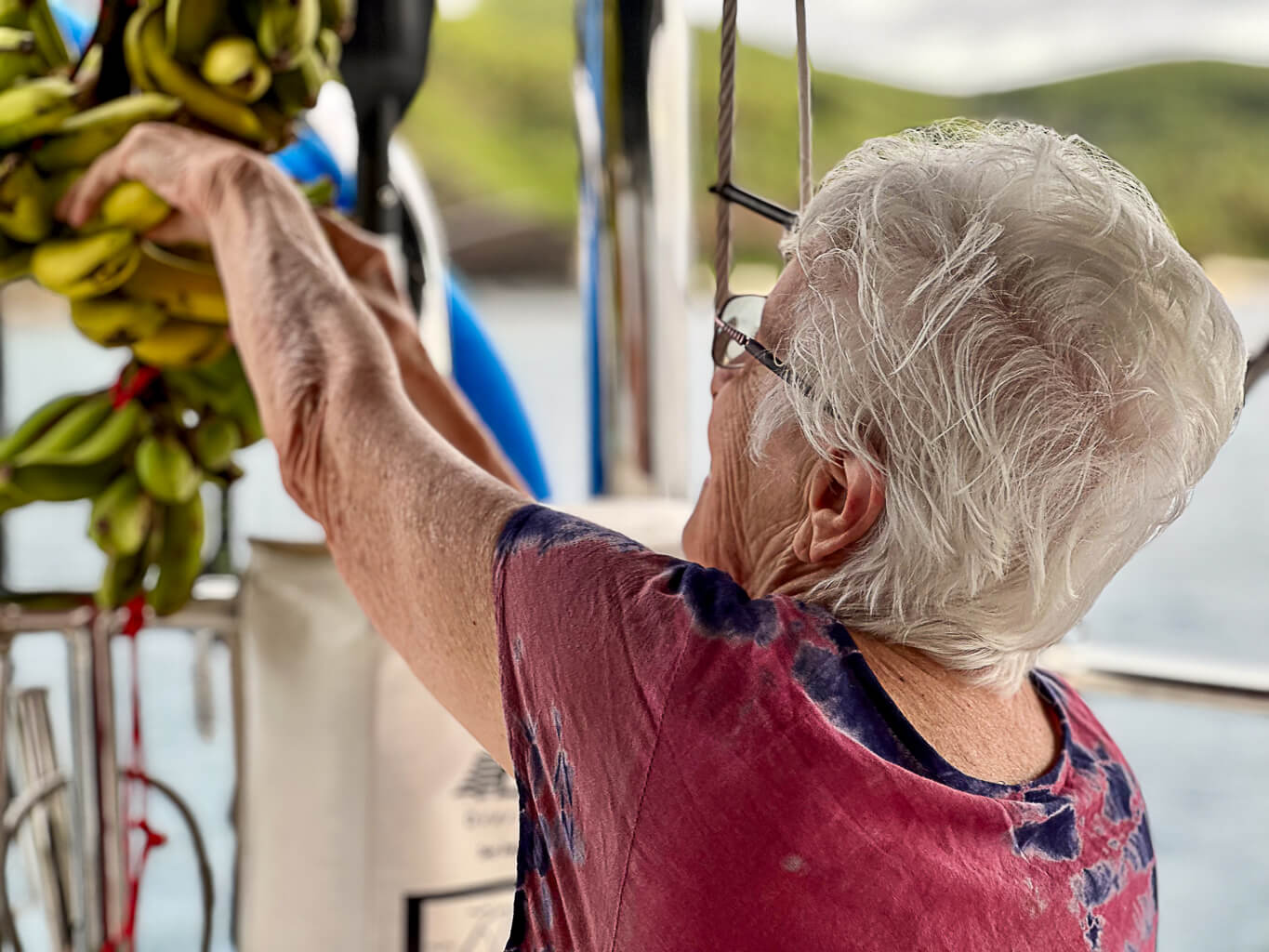
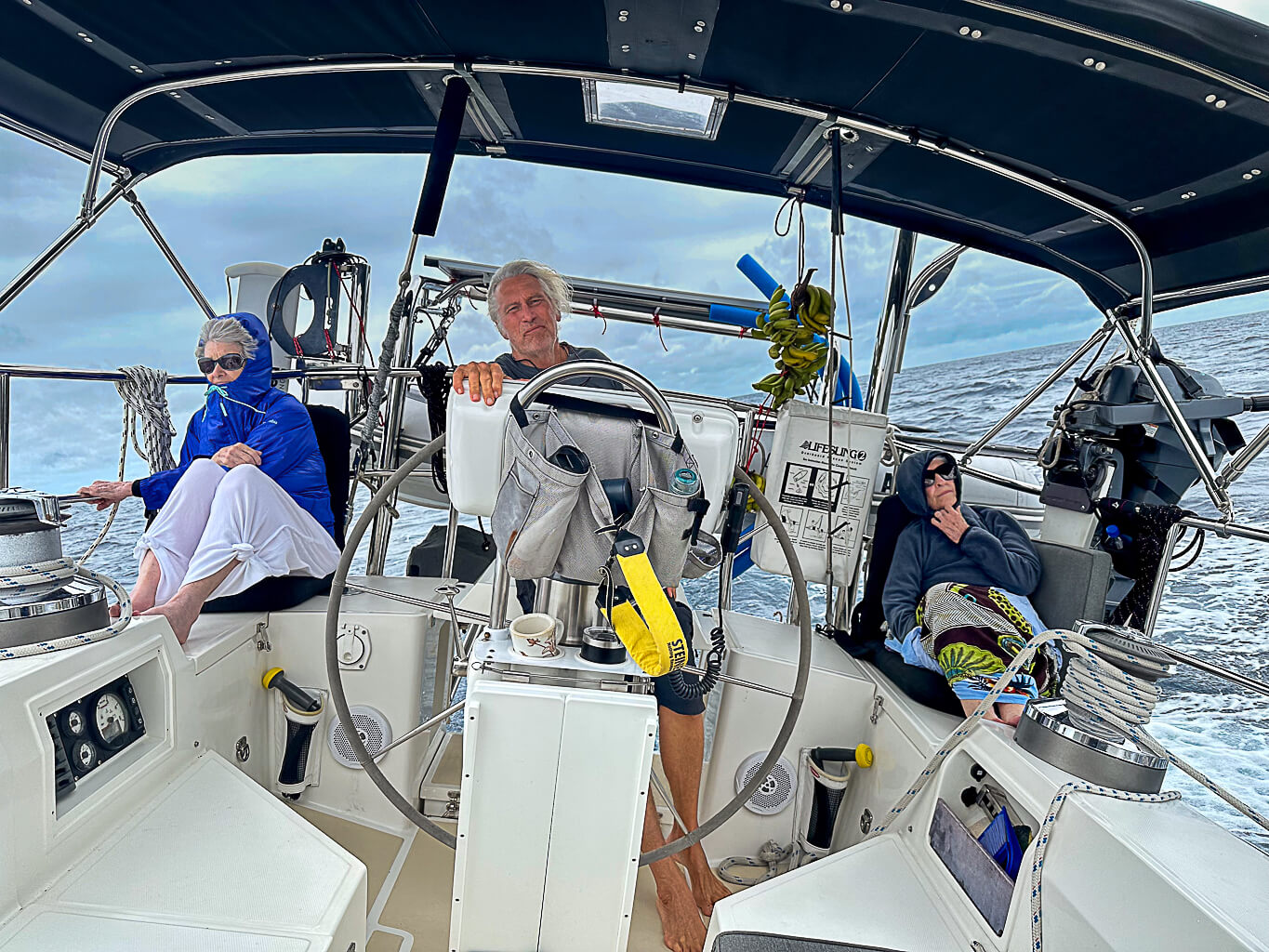


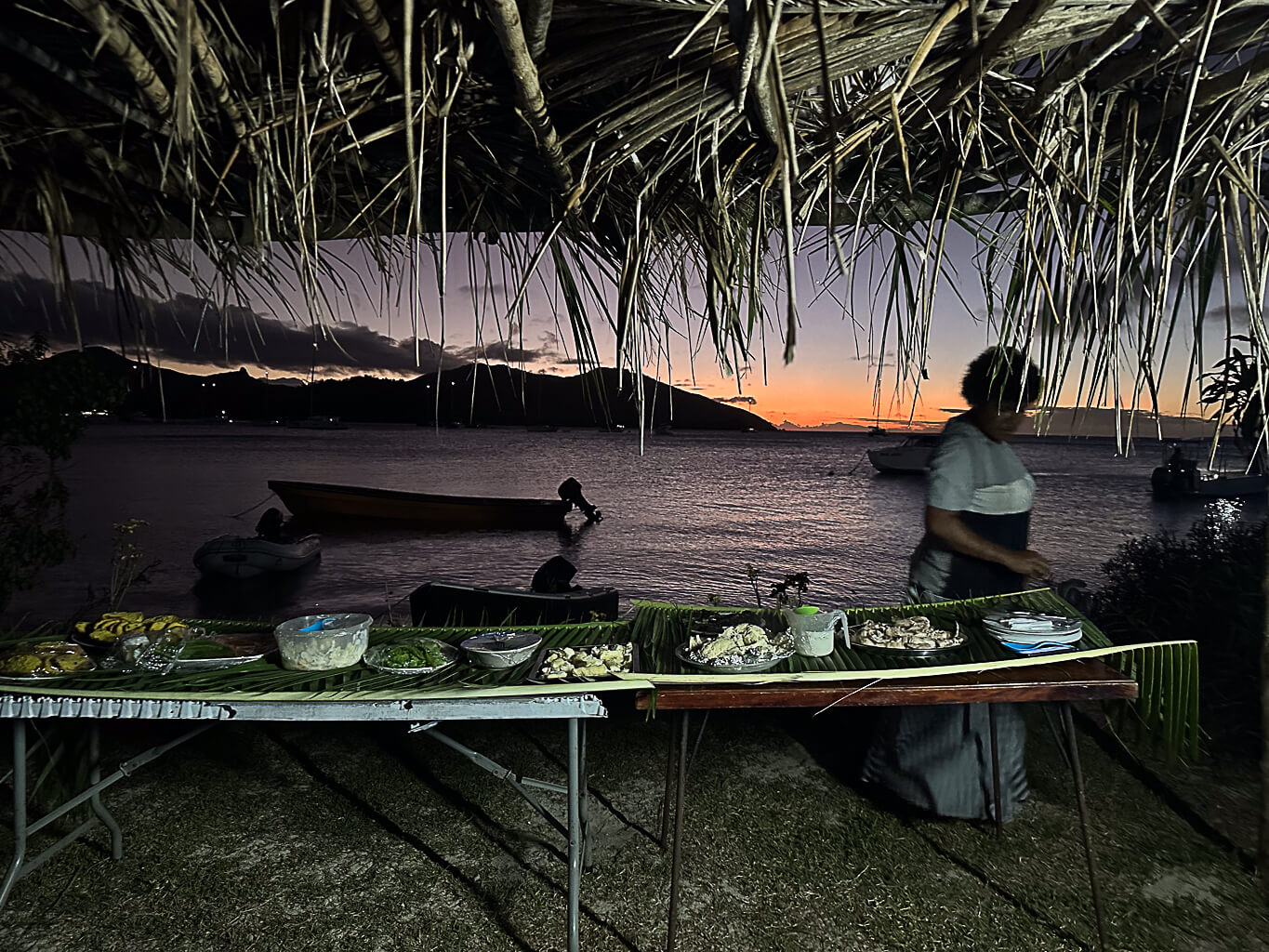
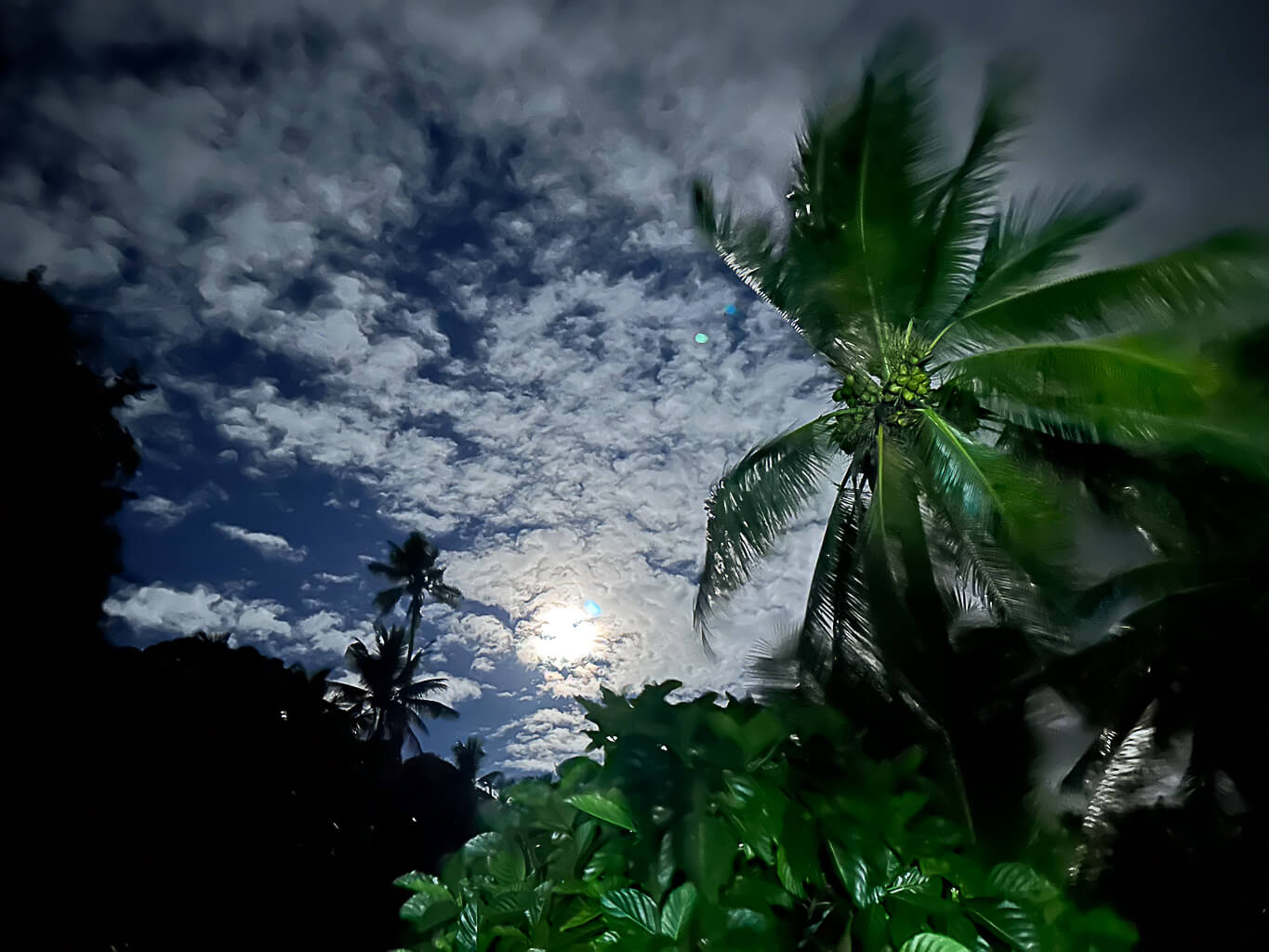
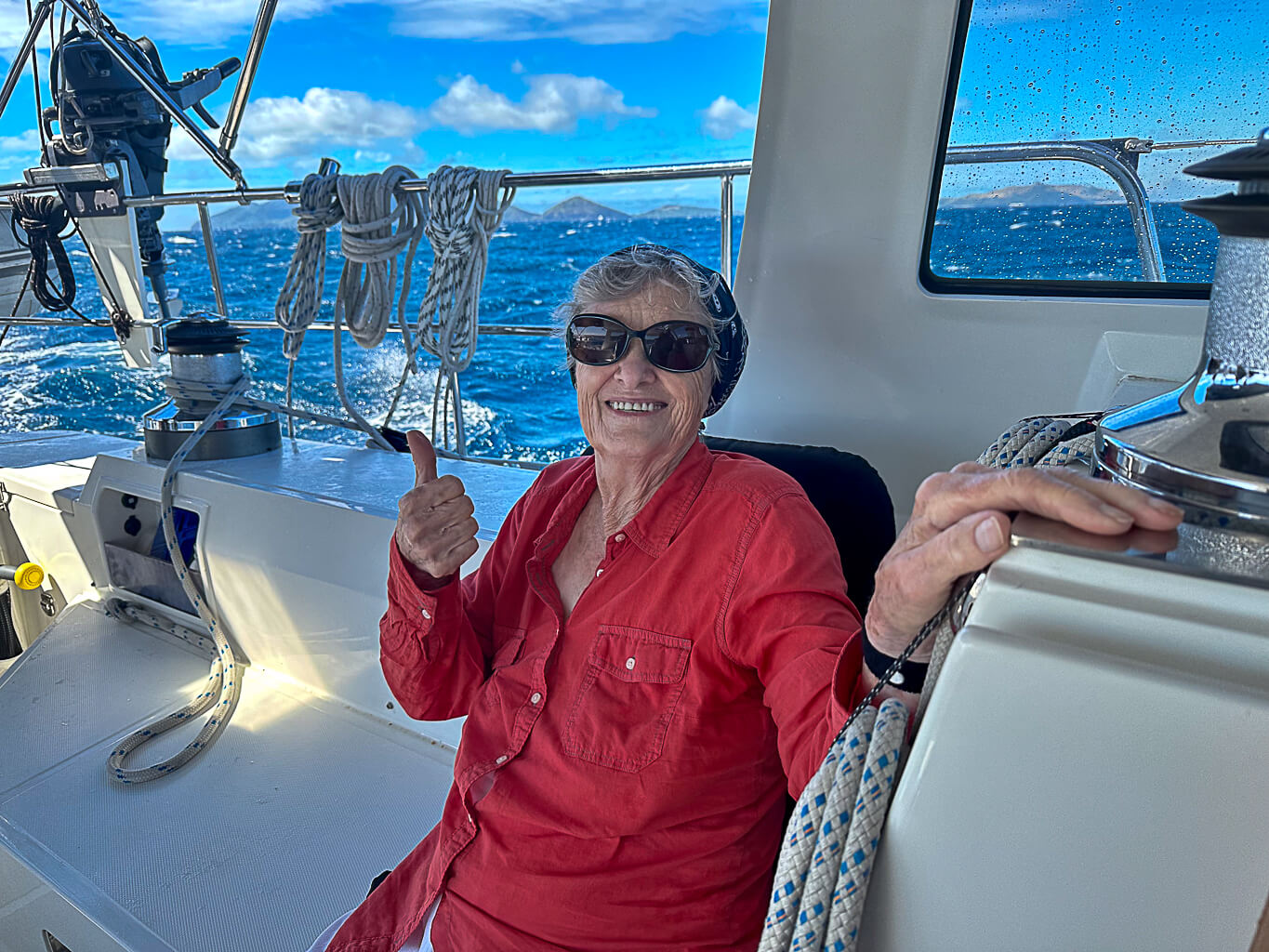
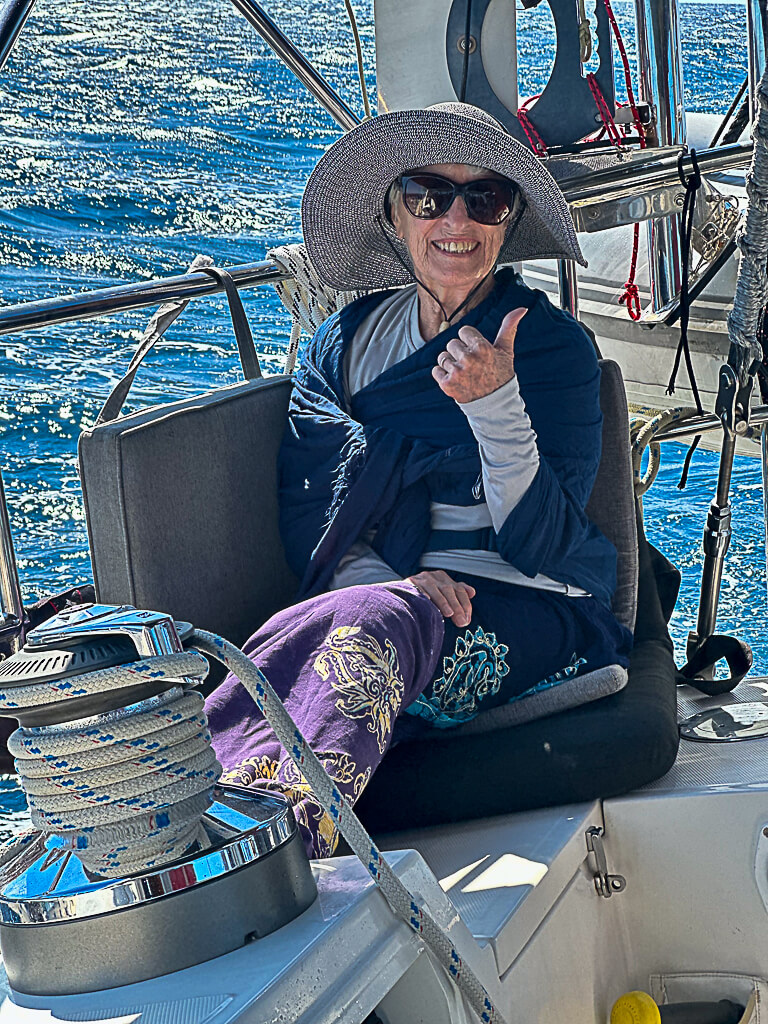

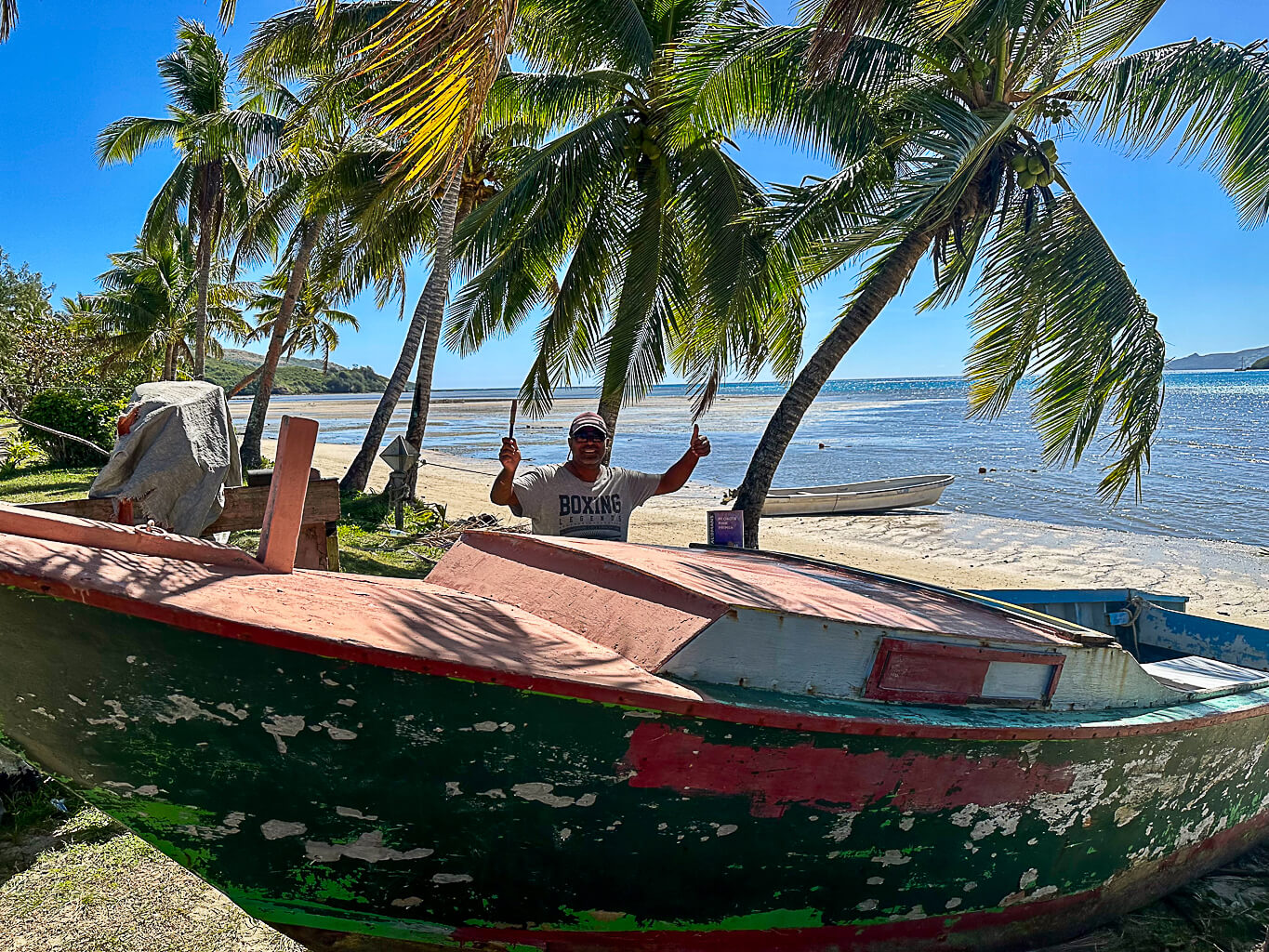
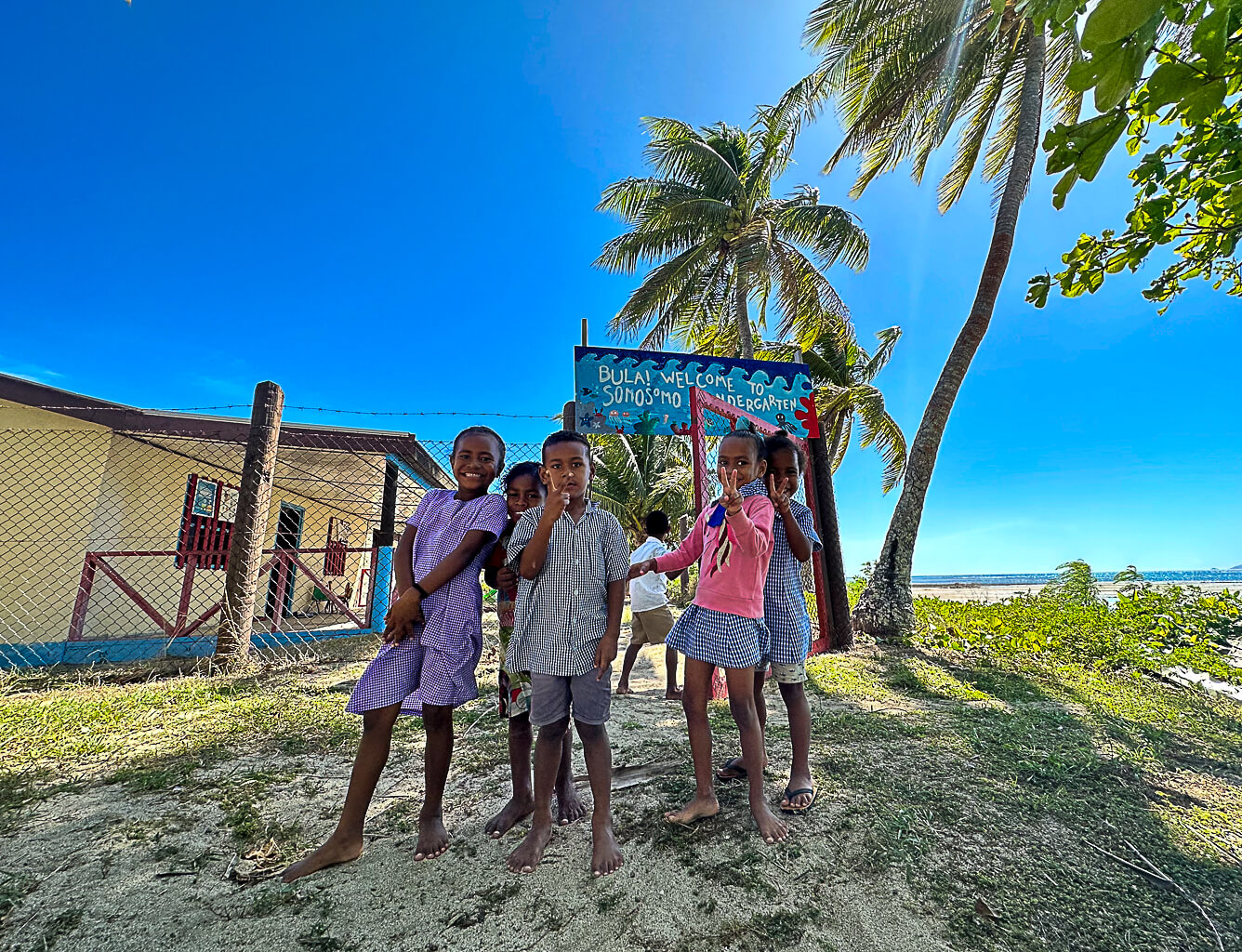
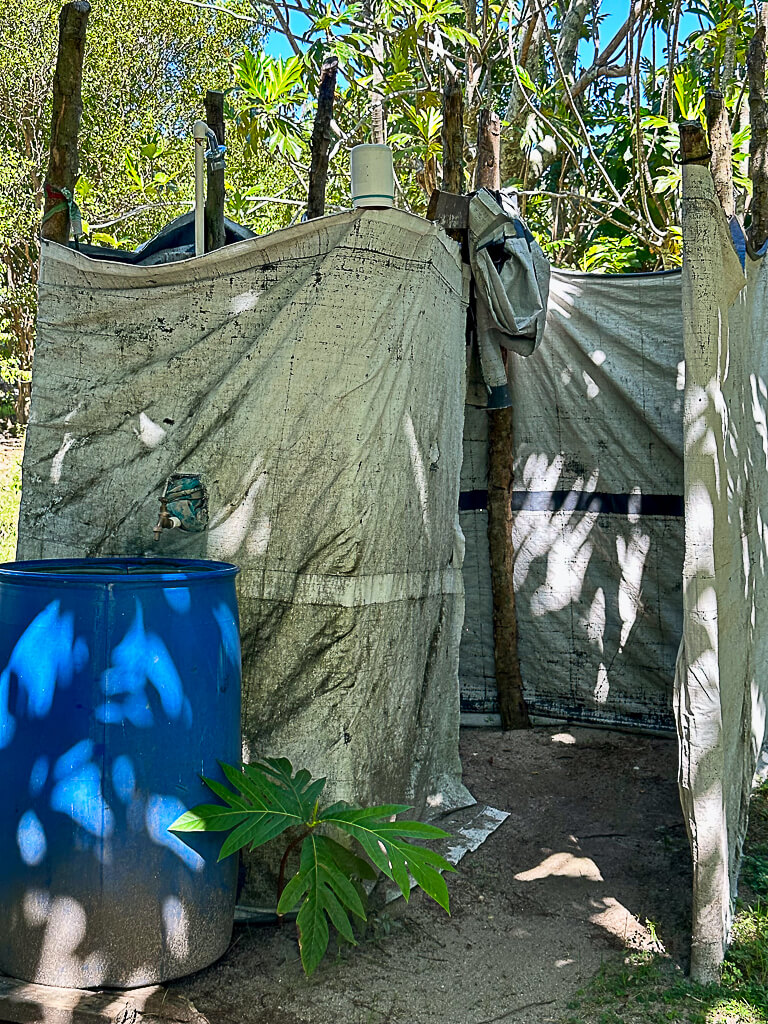
There’s not a whole lot of material wealth in most of the Fijian villages we visited, and an obvious shortage of healthcare. People here are pretty self sufficient and work hard to supply their own needs. They mainly sleep on the floor in very simple, but colorful houses. Still, the land and sea also seem generously willing to provide the basics. Papaya (and a lot of other things) do grow on trees. While we anchored off a small uninhabited island wondering if the rain and cold weather might ease, if the northern swell might finally cede the battle to a southeastern blow and give Allora some peace, I noticed a local fishing boat anchored further out where there was no protection. Their single light bounced and rolled all night as they fished, despite the seriously uncomfortable weather for two days. Fishermen in the islands spearfish at night just like the sharks because the fish are hiding out in the rocks and make easier pickings. No bunks or cushions on that boat, no seasickness medicine or Diana cooked meals either. ~MS

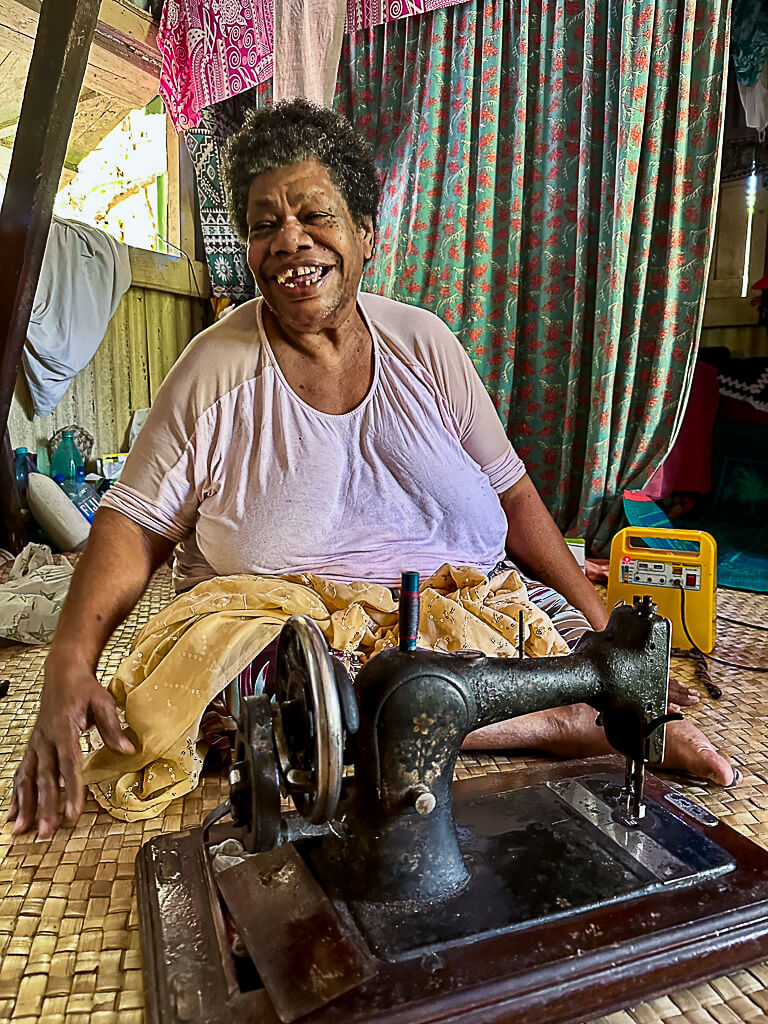

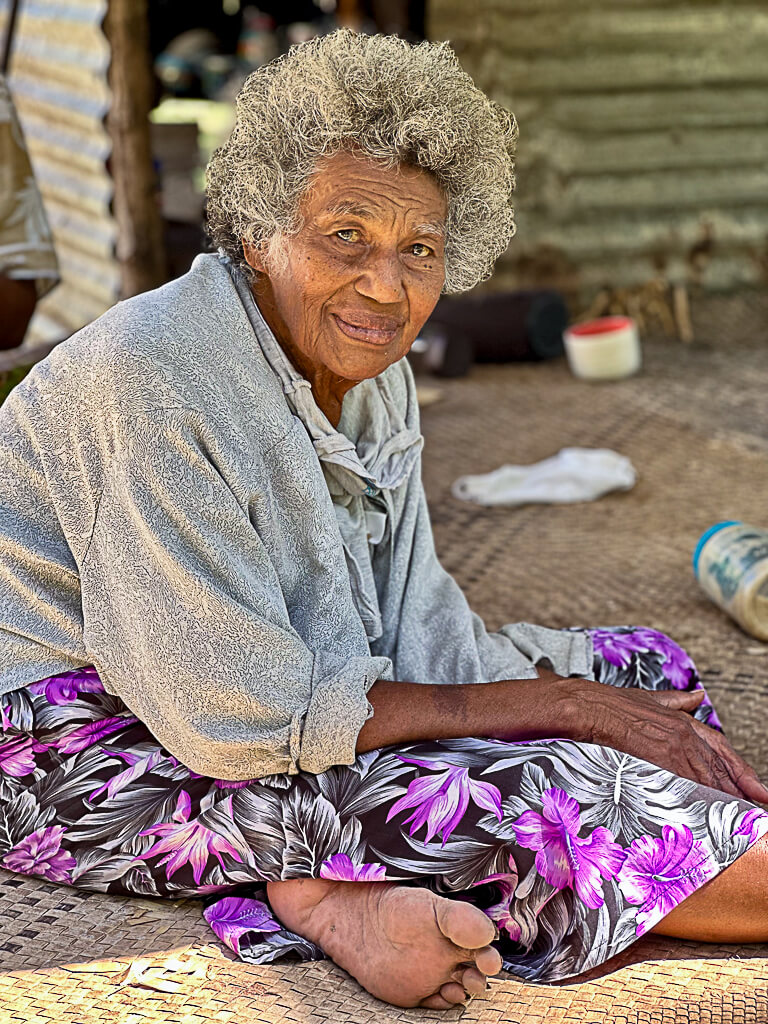
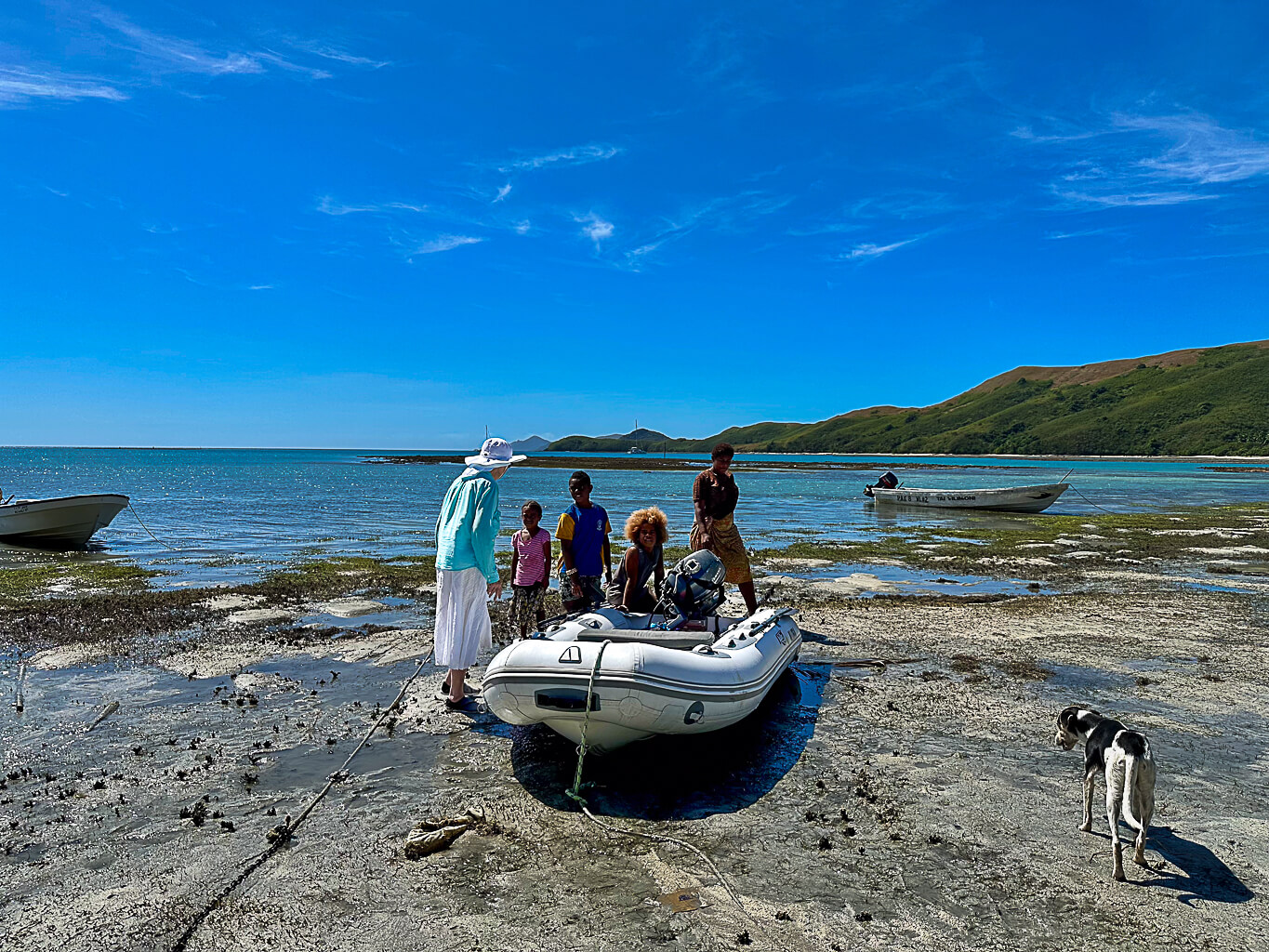
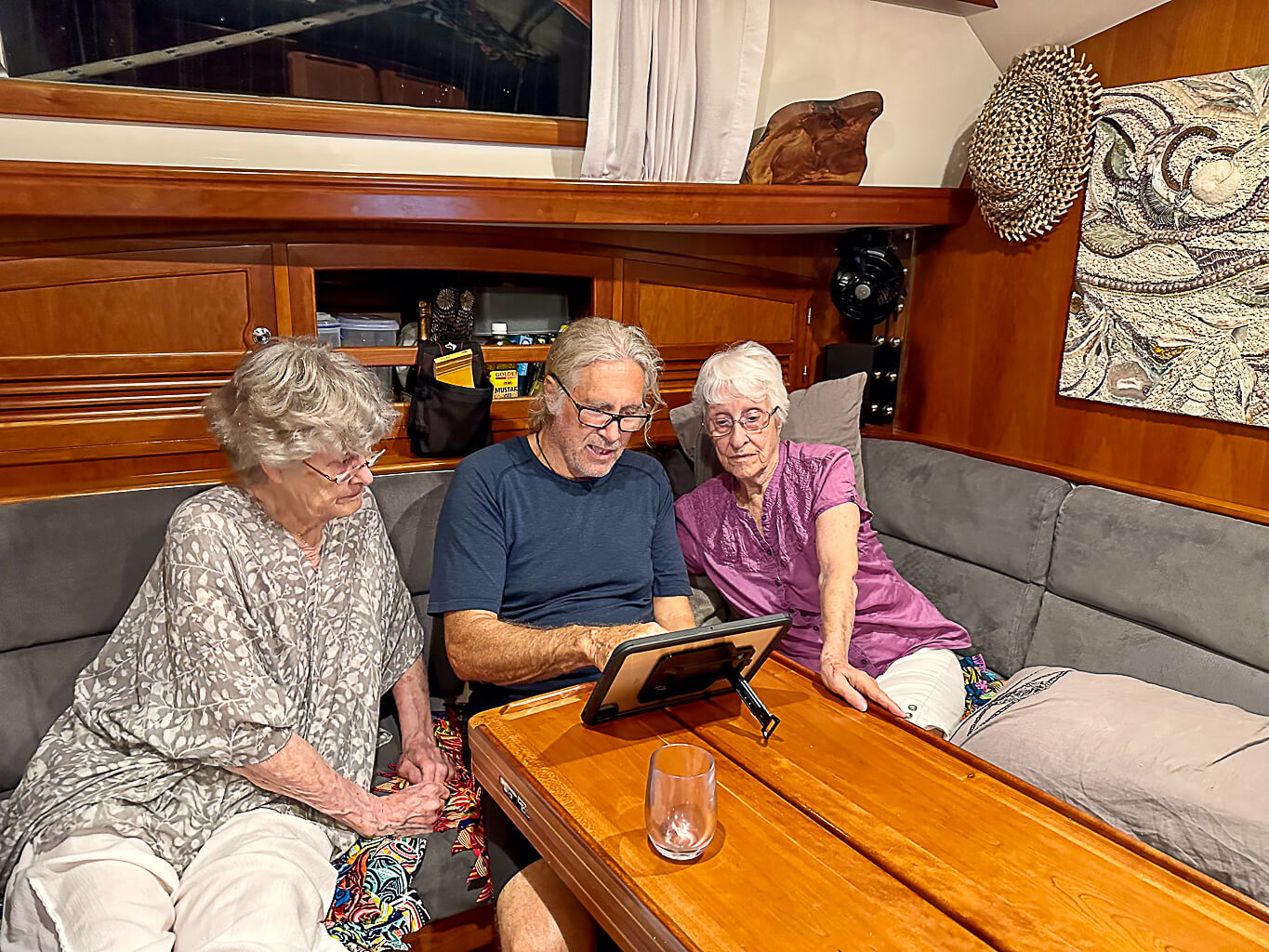

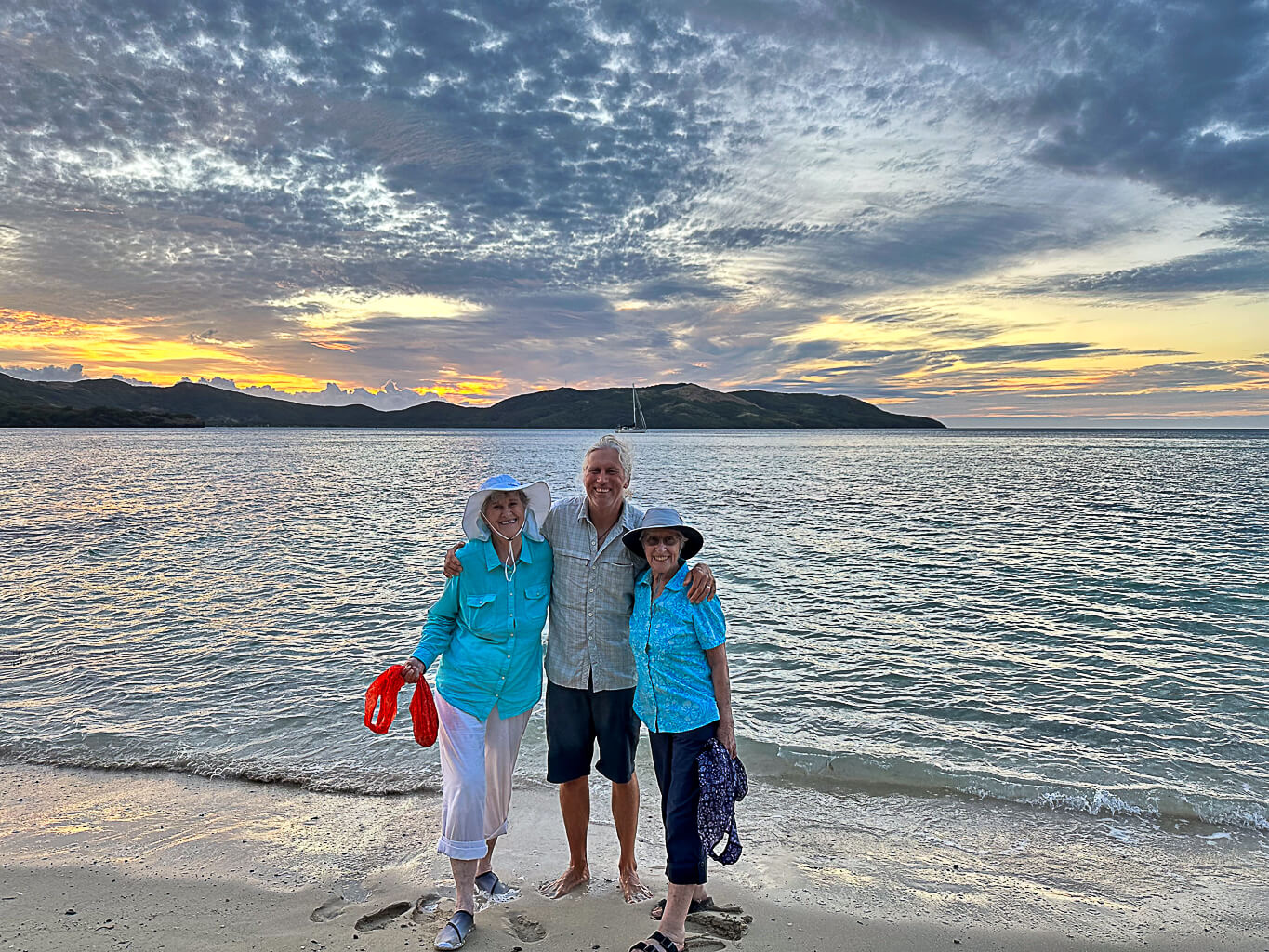

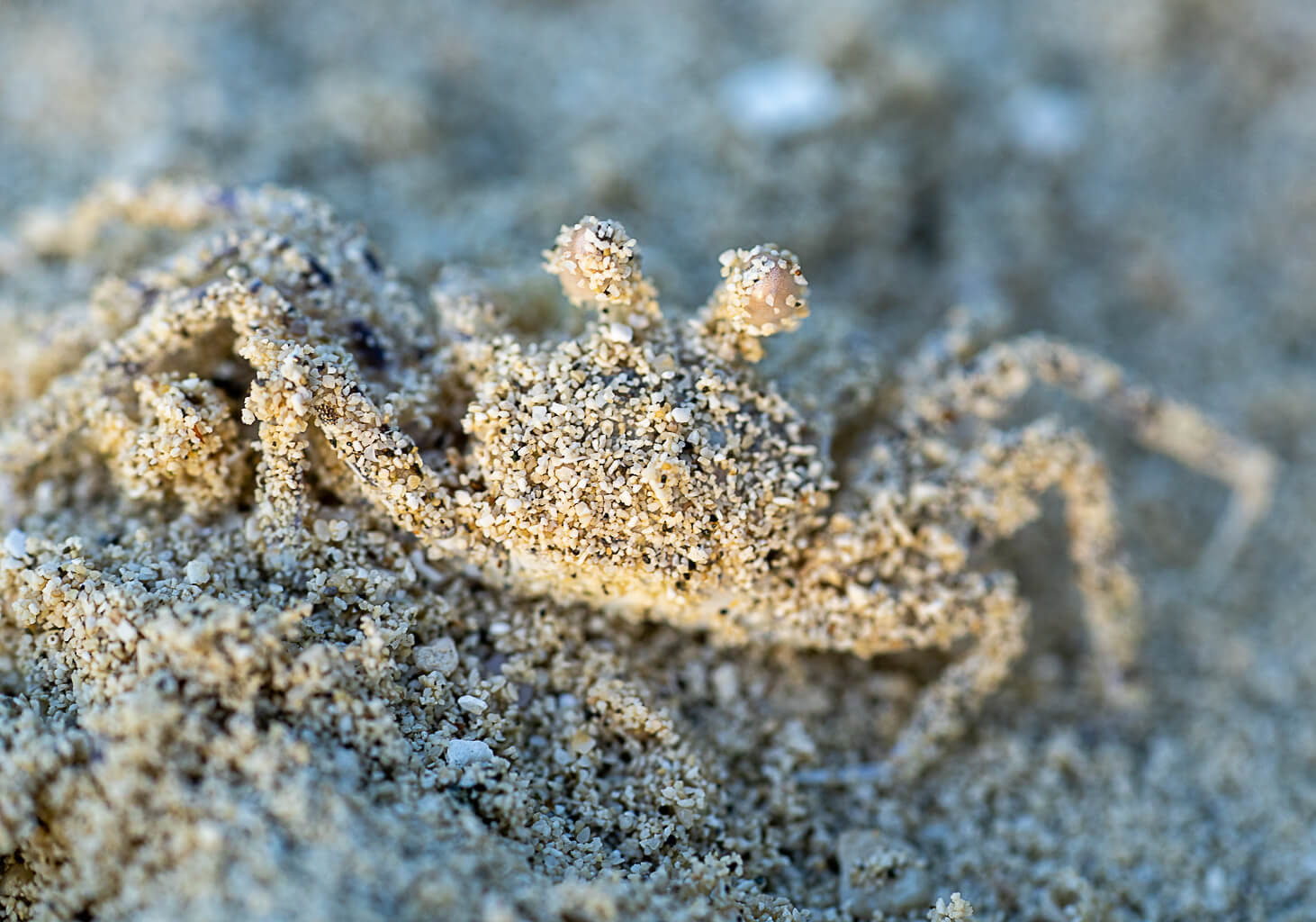
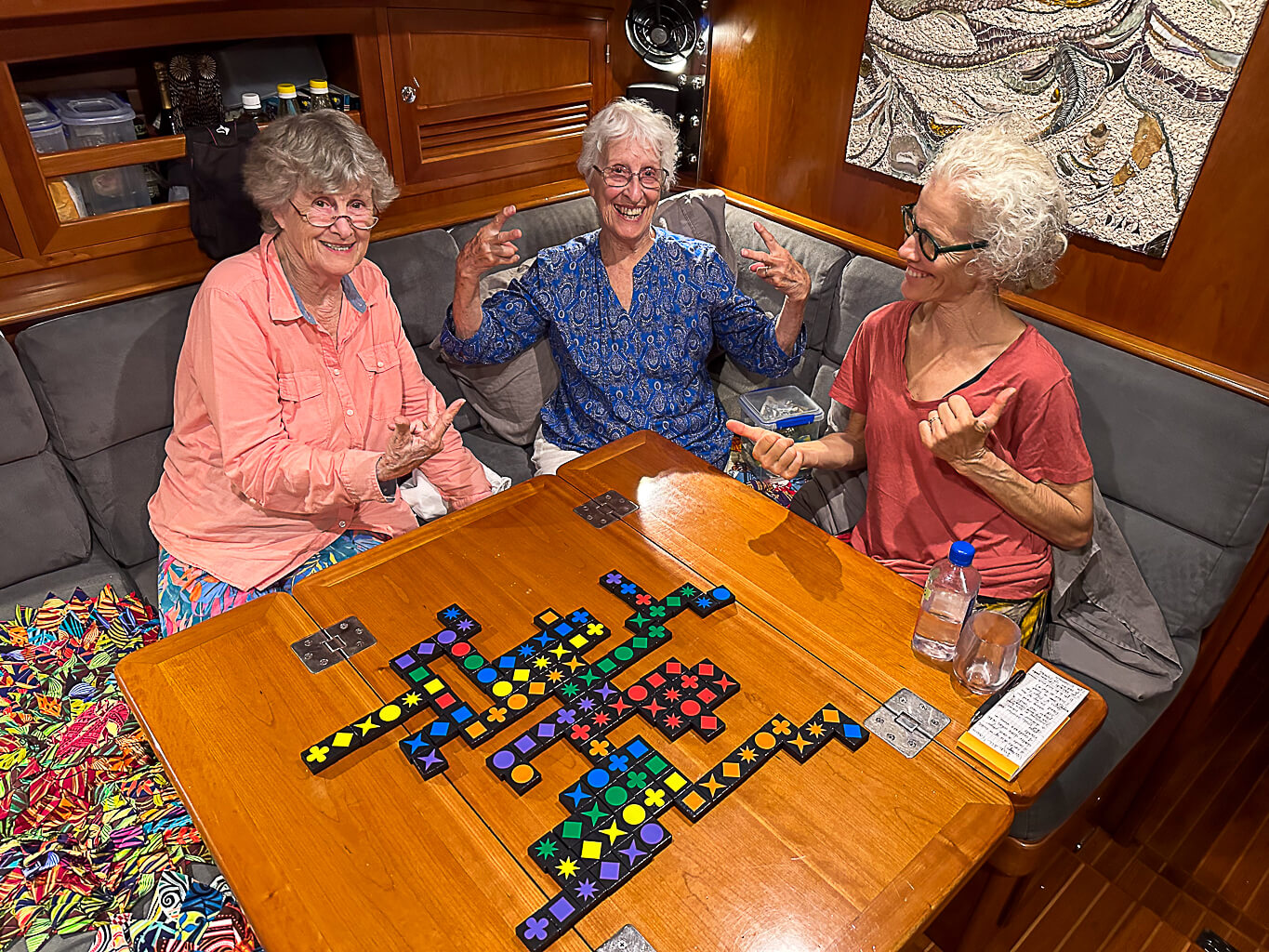
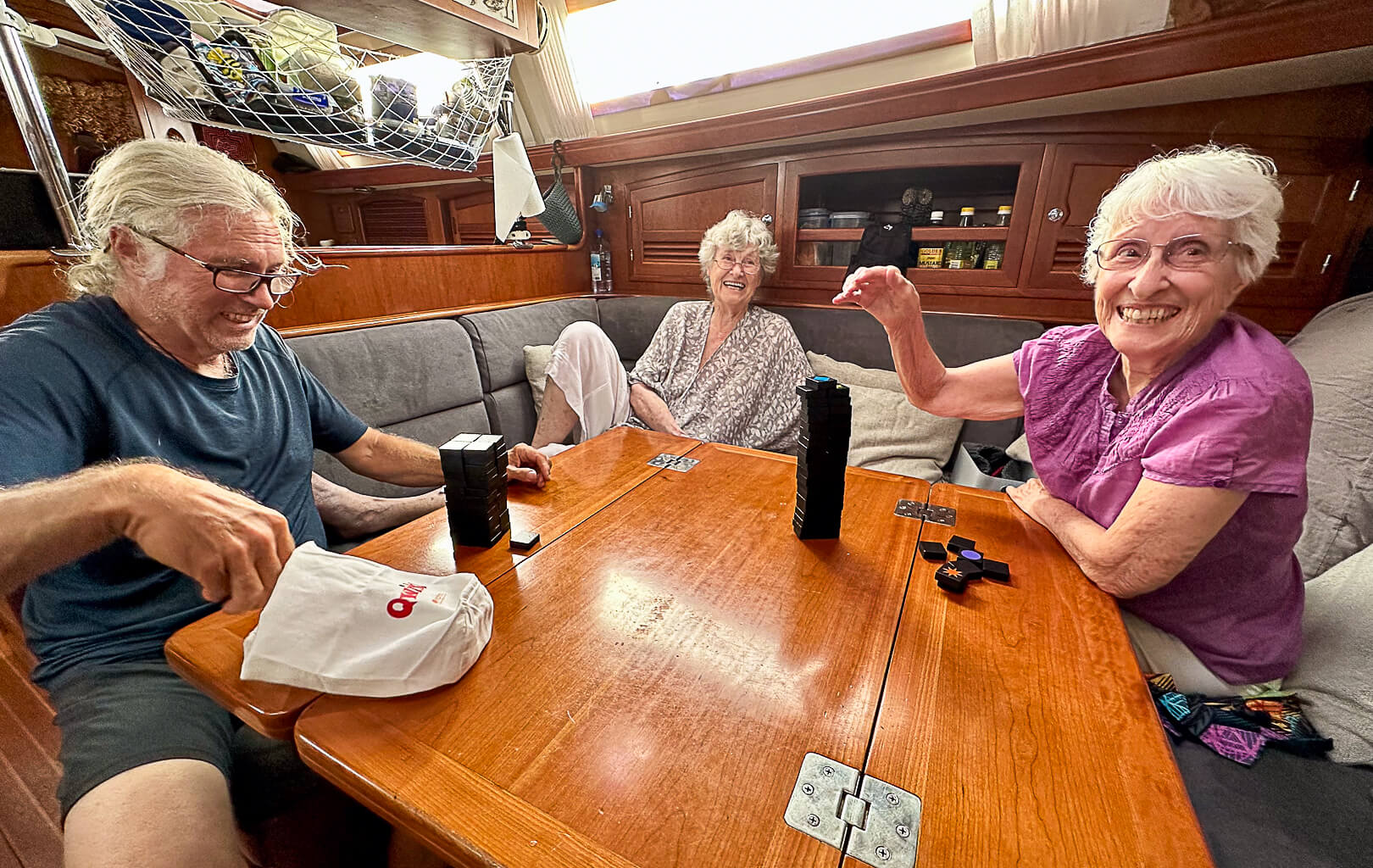
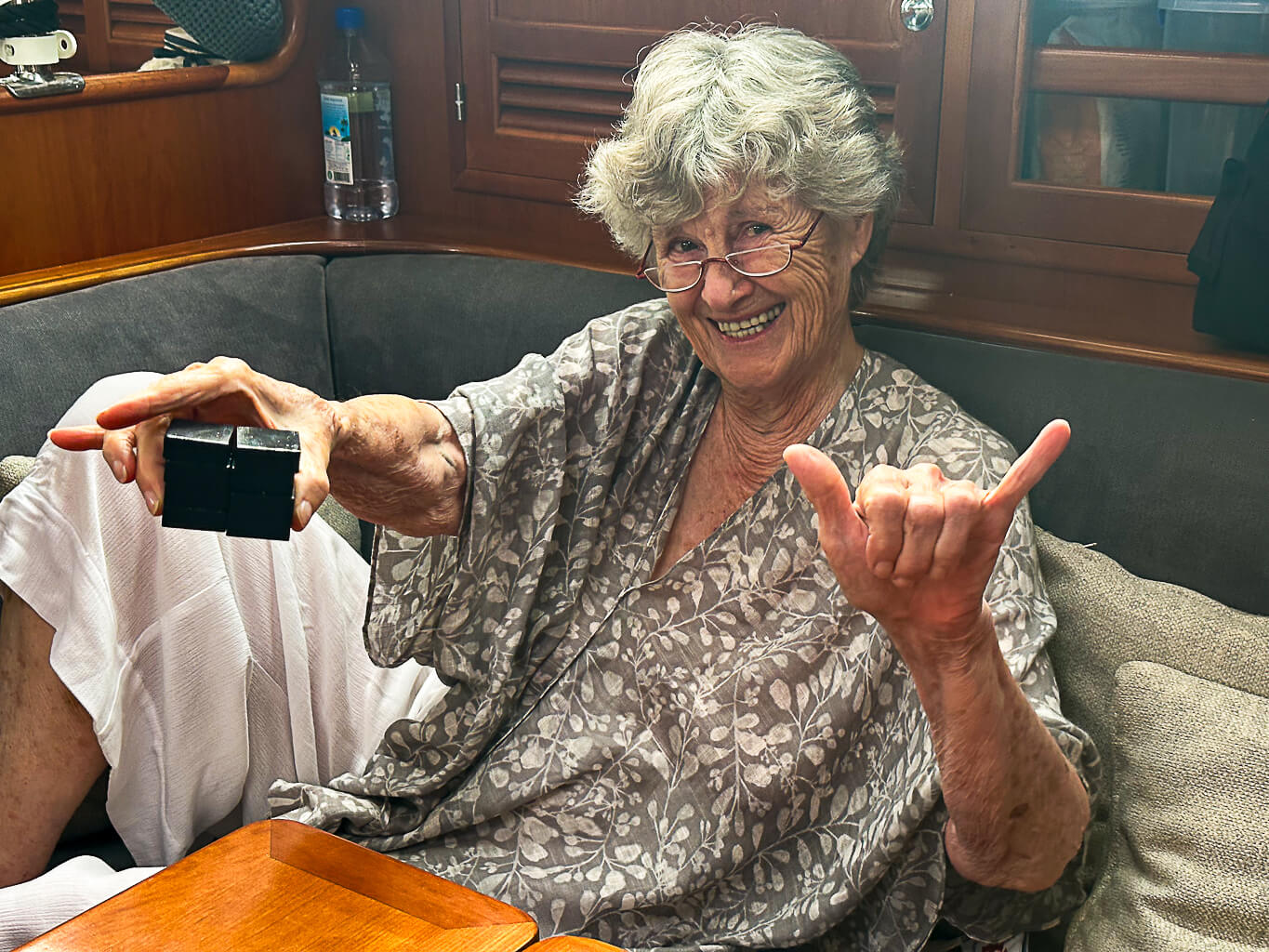
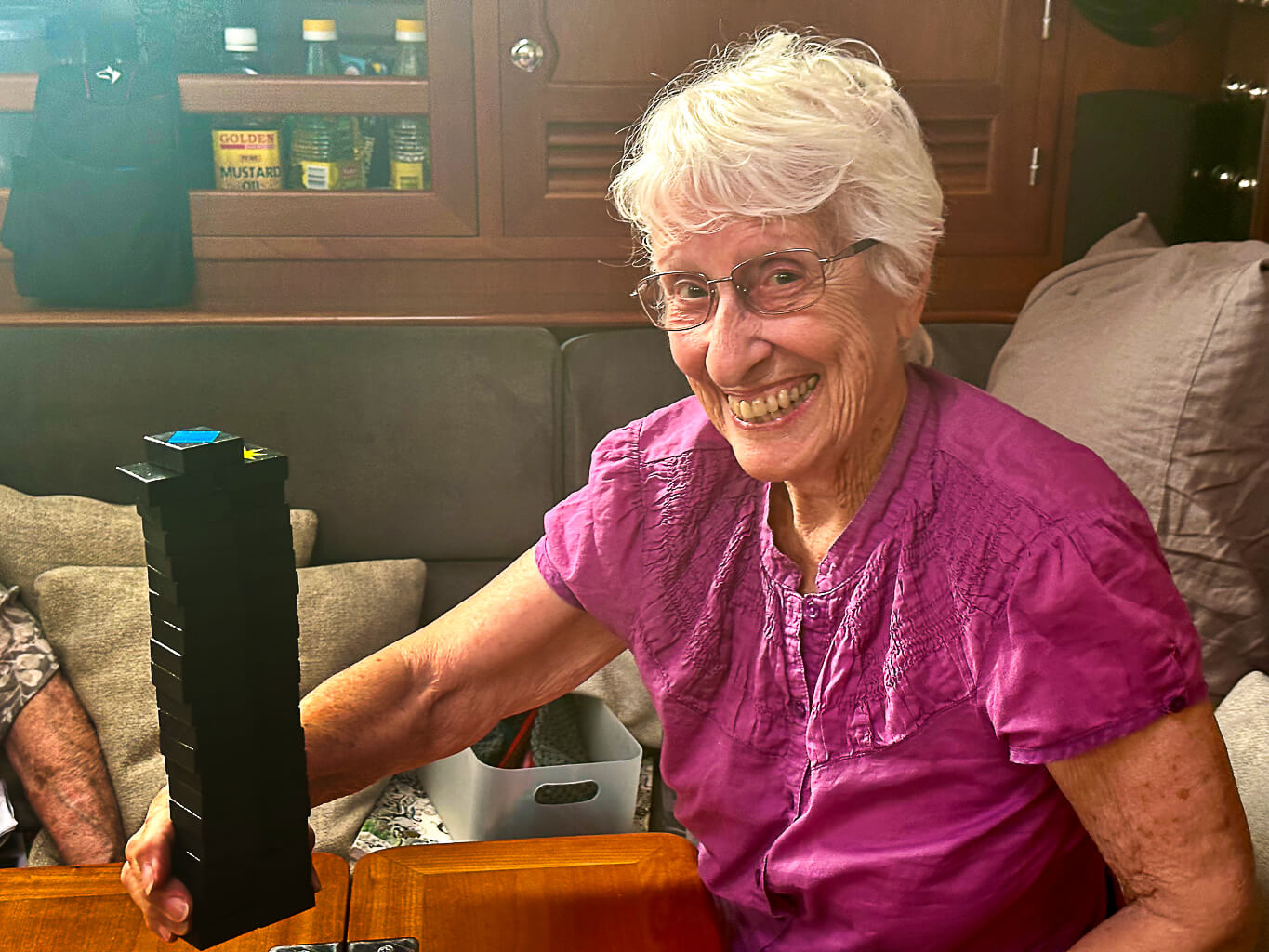

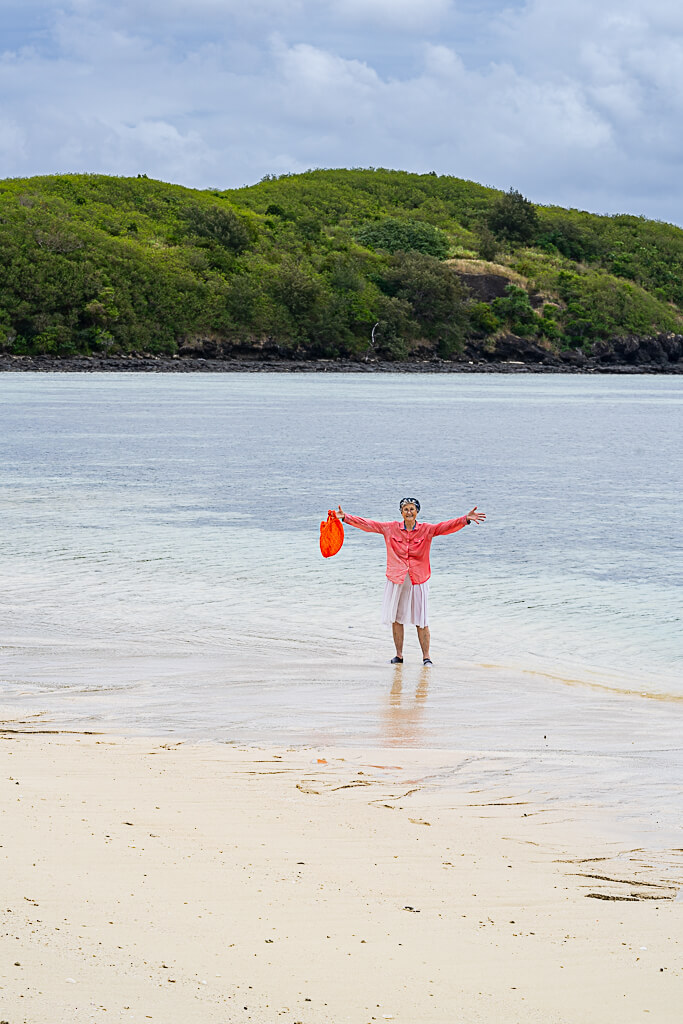
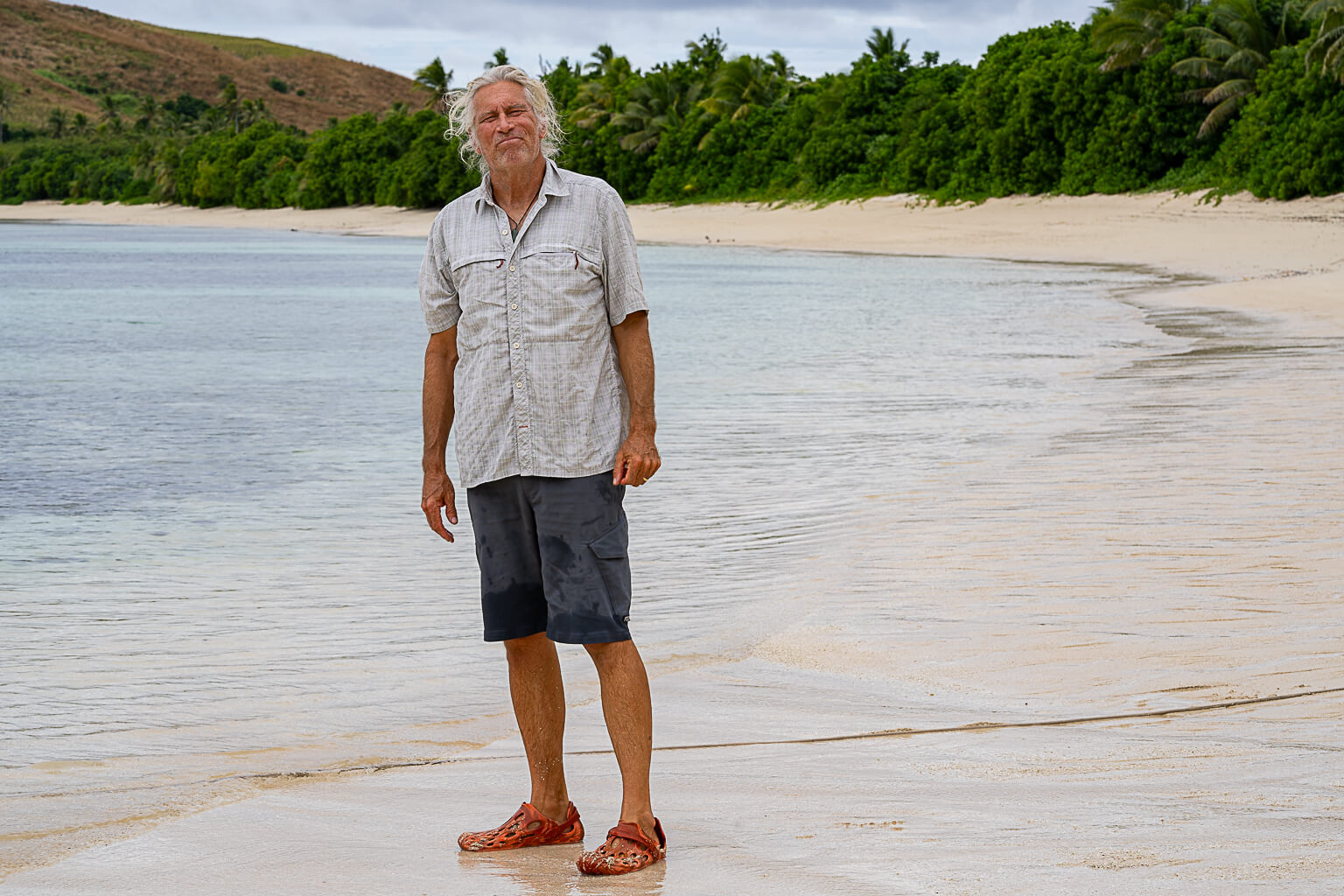
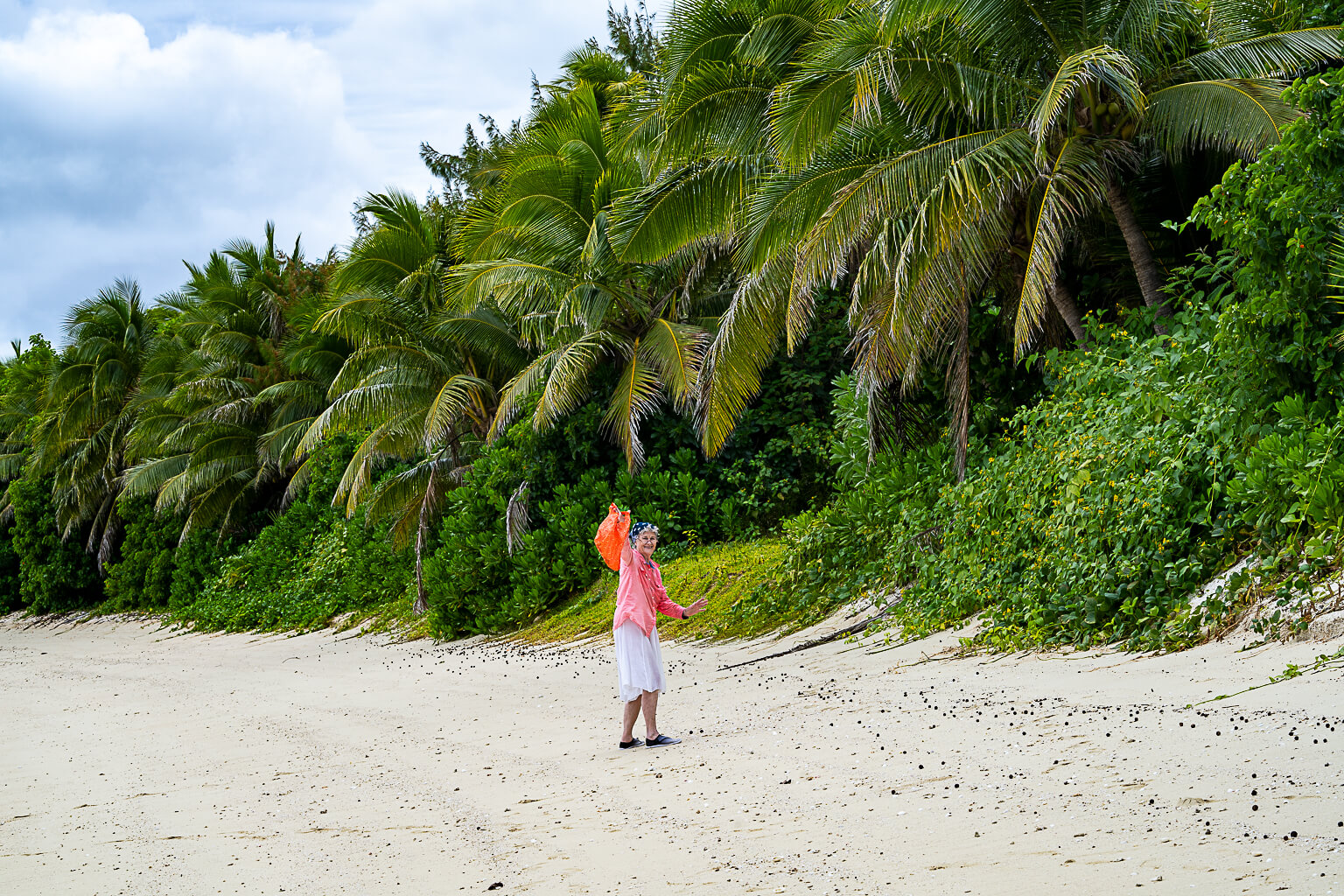

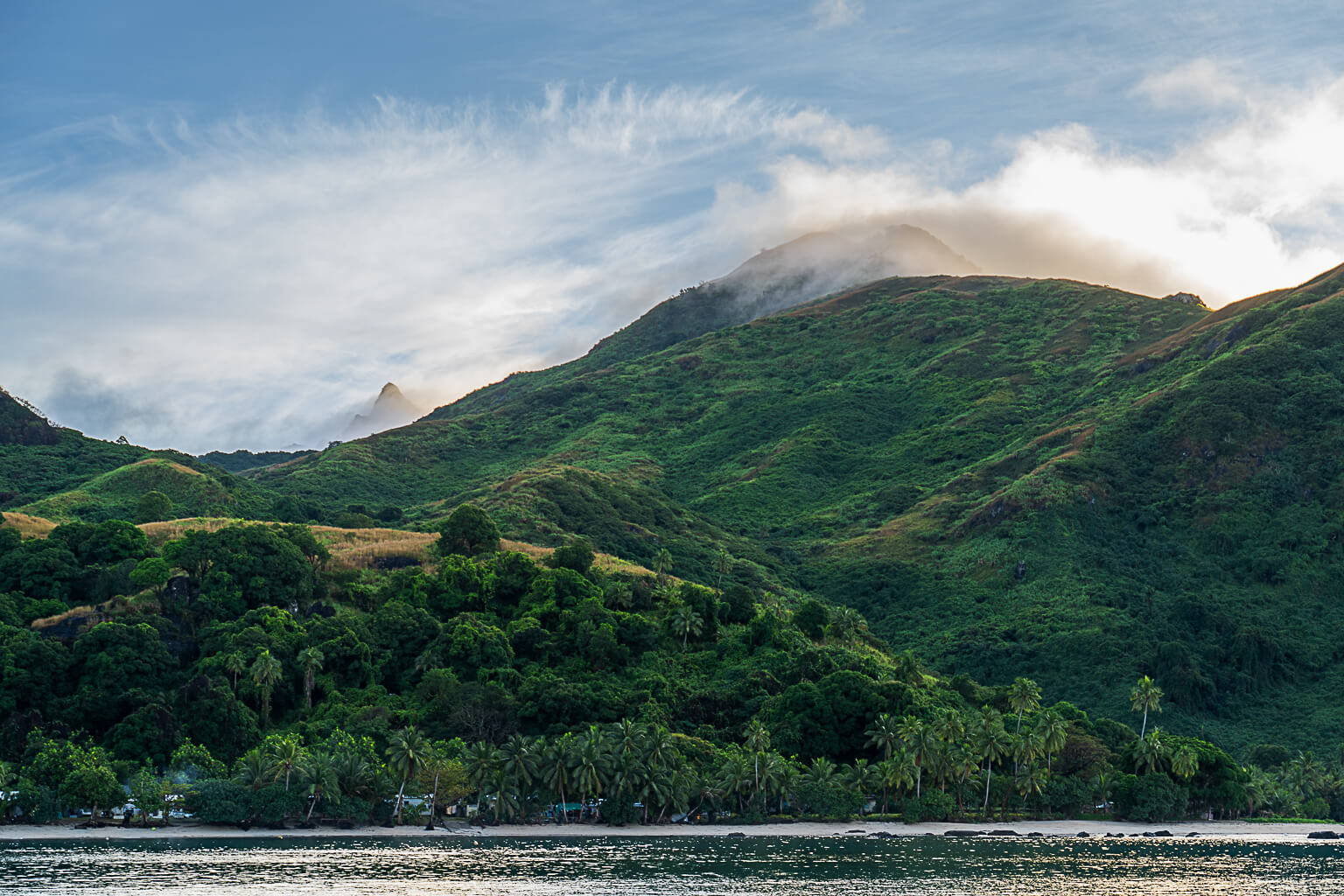
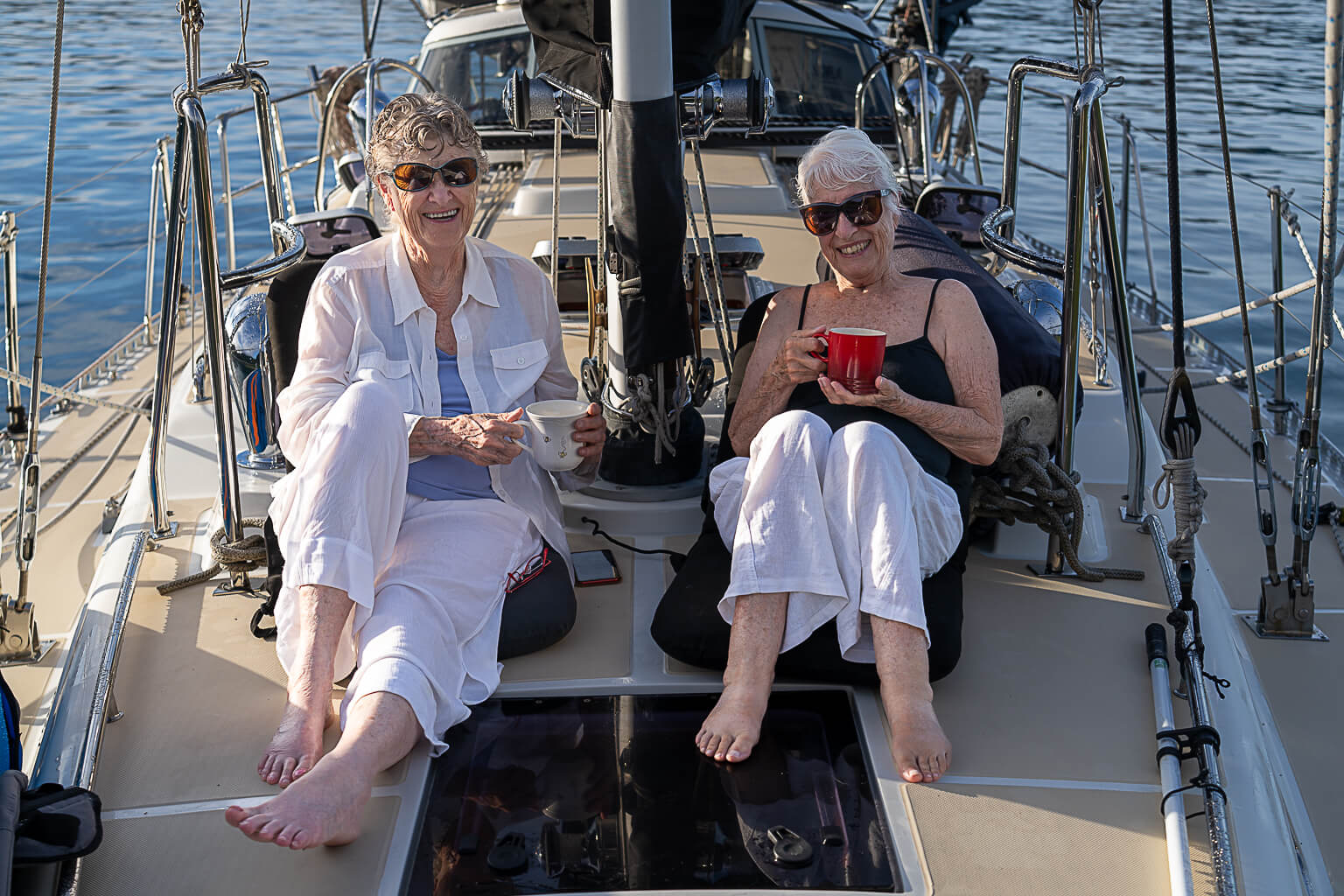
The highlight of the Moms’ visit (besides the music), was the slow mornings and conversation. It seems like most days we sat in the cockpit losing track of time until almost noon, typically with a wonderful brunch whipped up by Diana (with assistance from her favorite sous chef). Just being in the same space together with Allora gently (or sometimes not so gently) rocking, turning in the breeze (or gale) was all we needed. We covered most topics ranging from the essential meaning of the universe to childhood memories of mixing the yellow coloring into margarine. Maybe the same thing, actually, as I think about it. ~MS
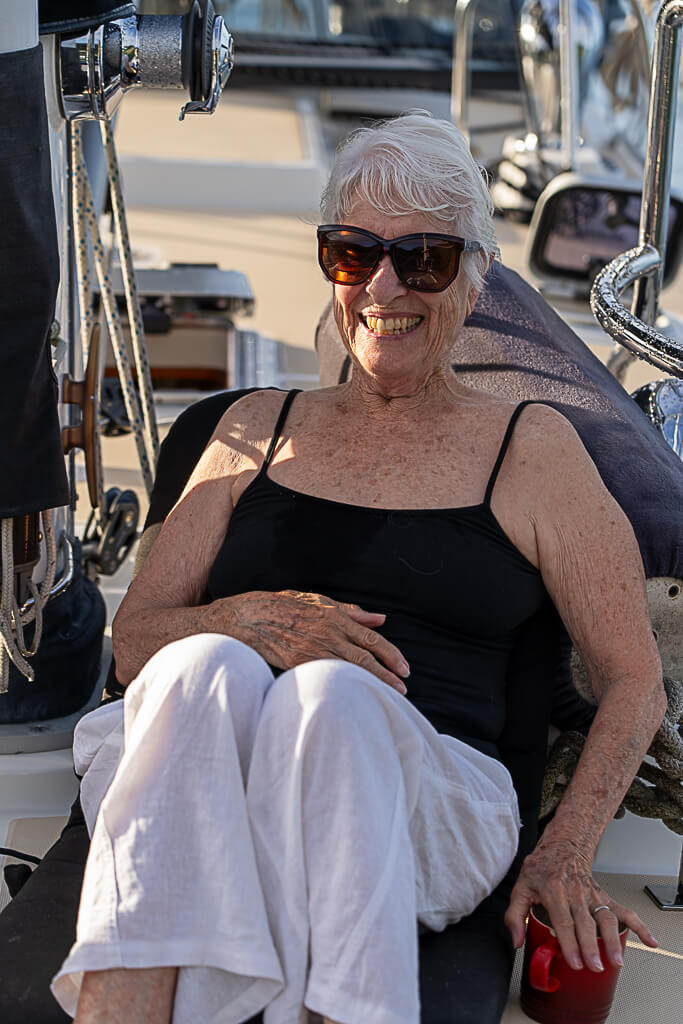


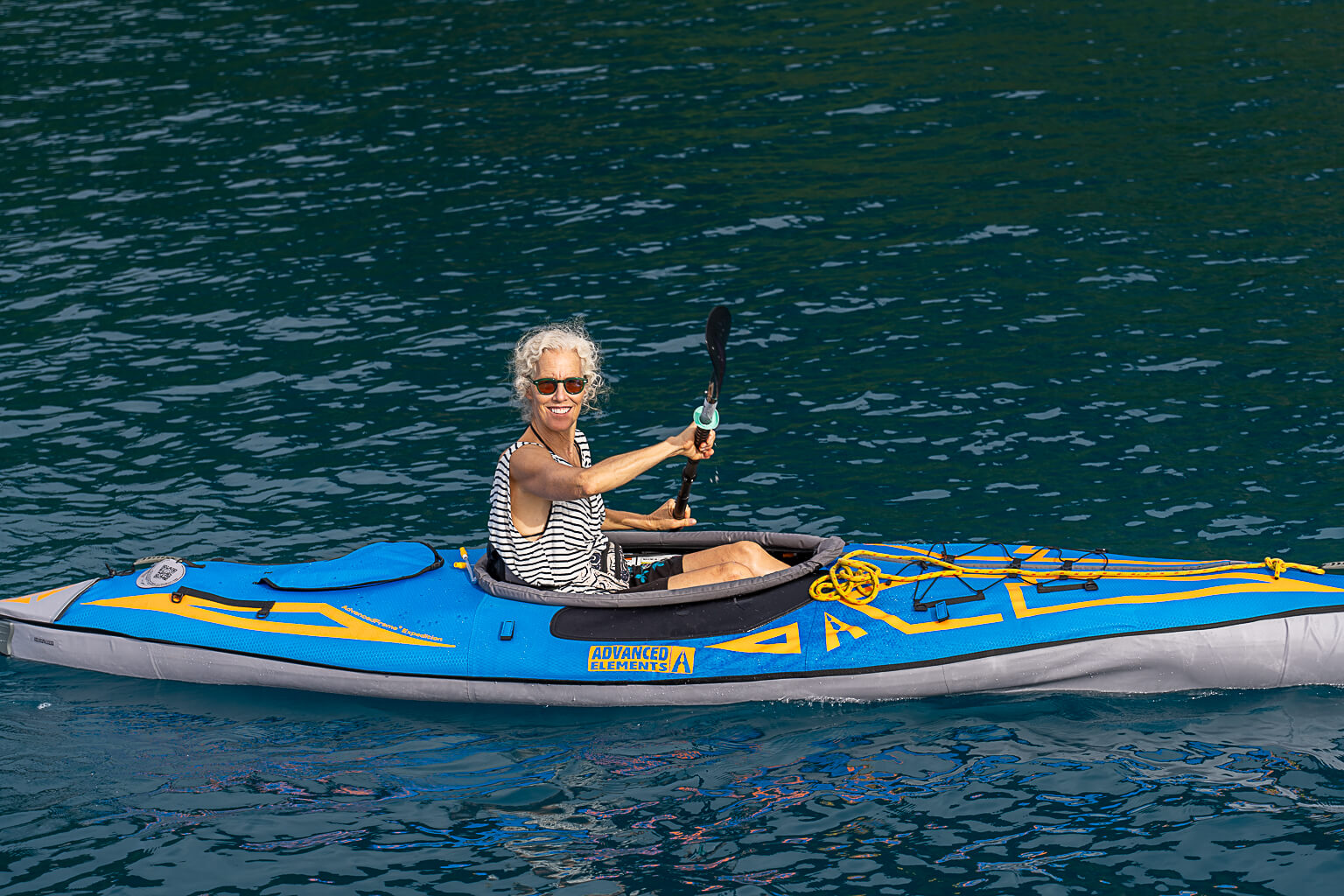
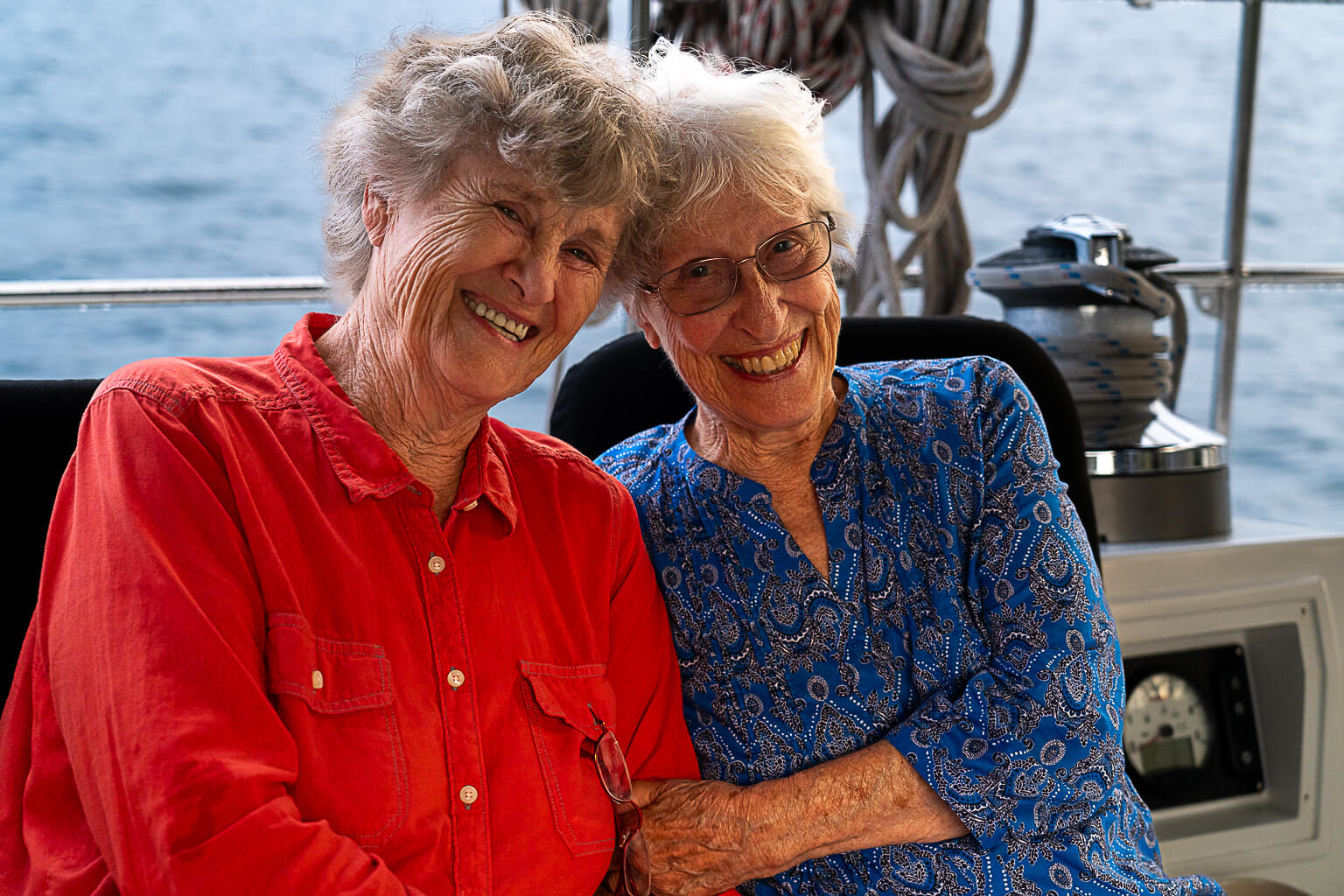
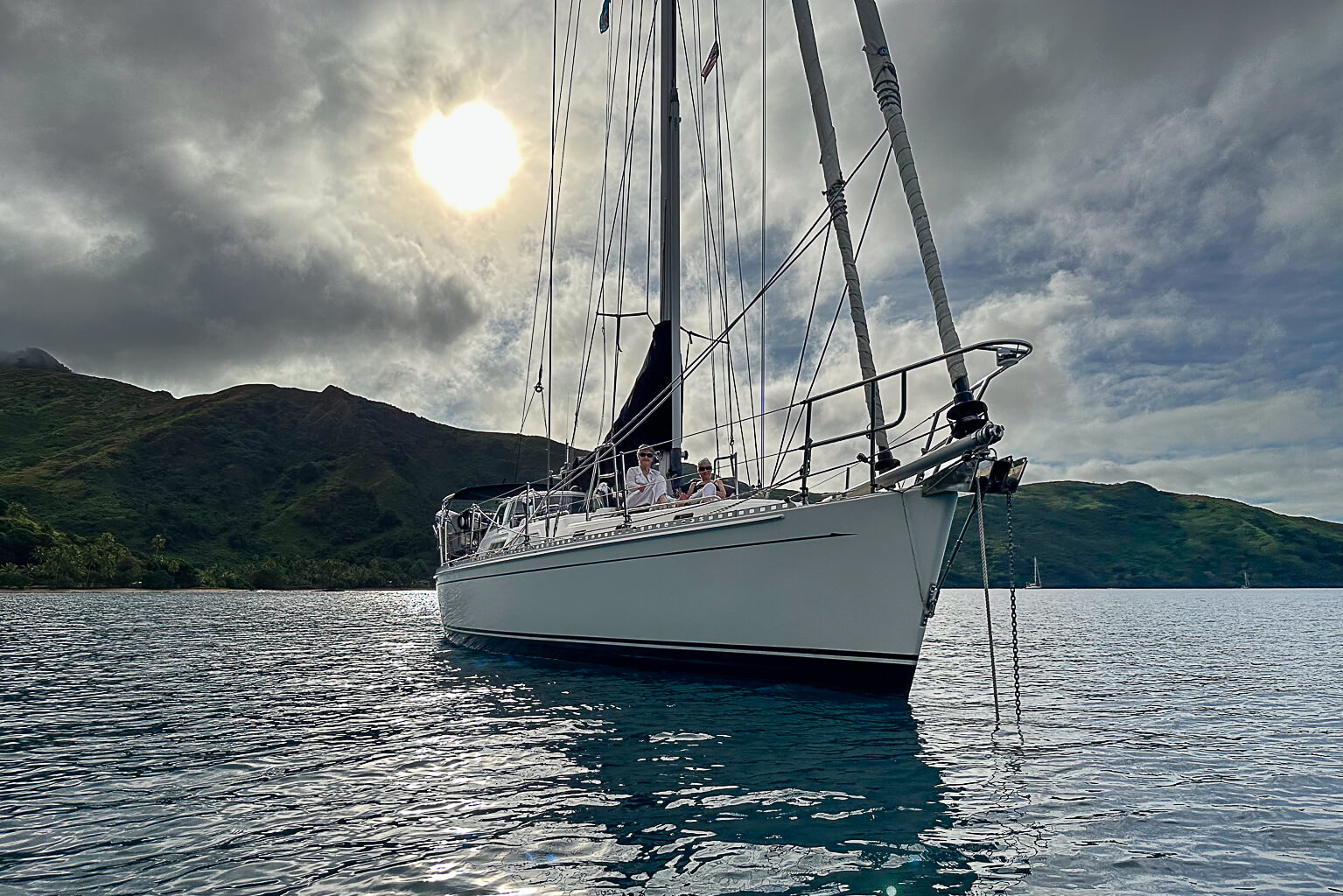

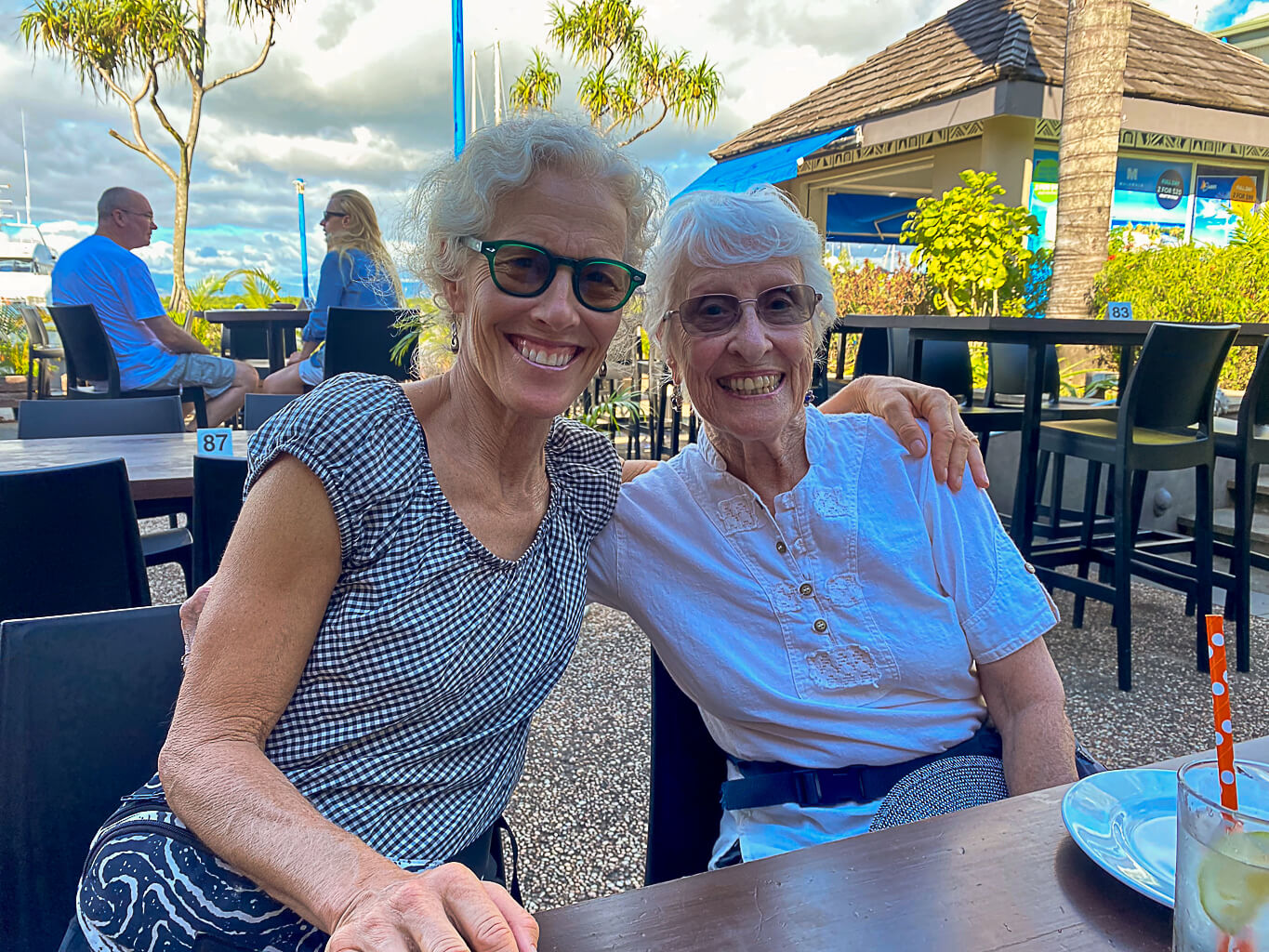
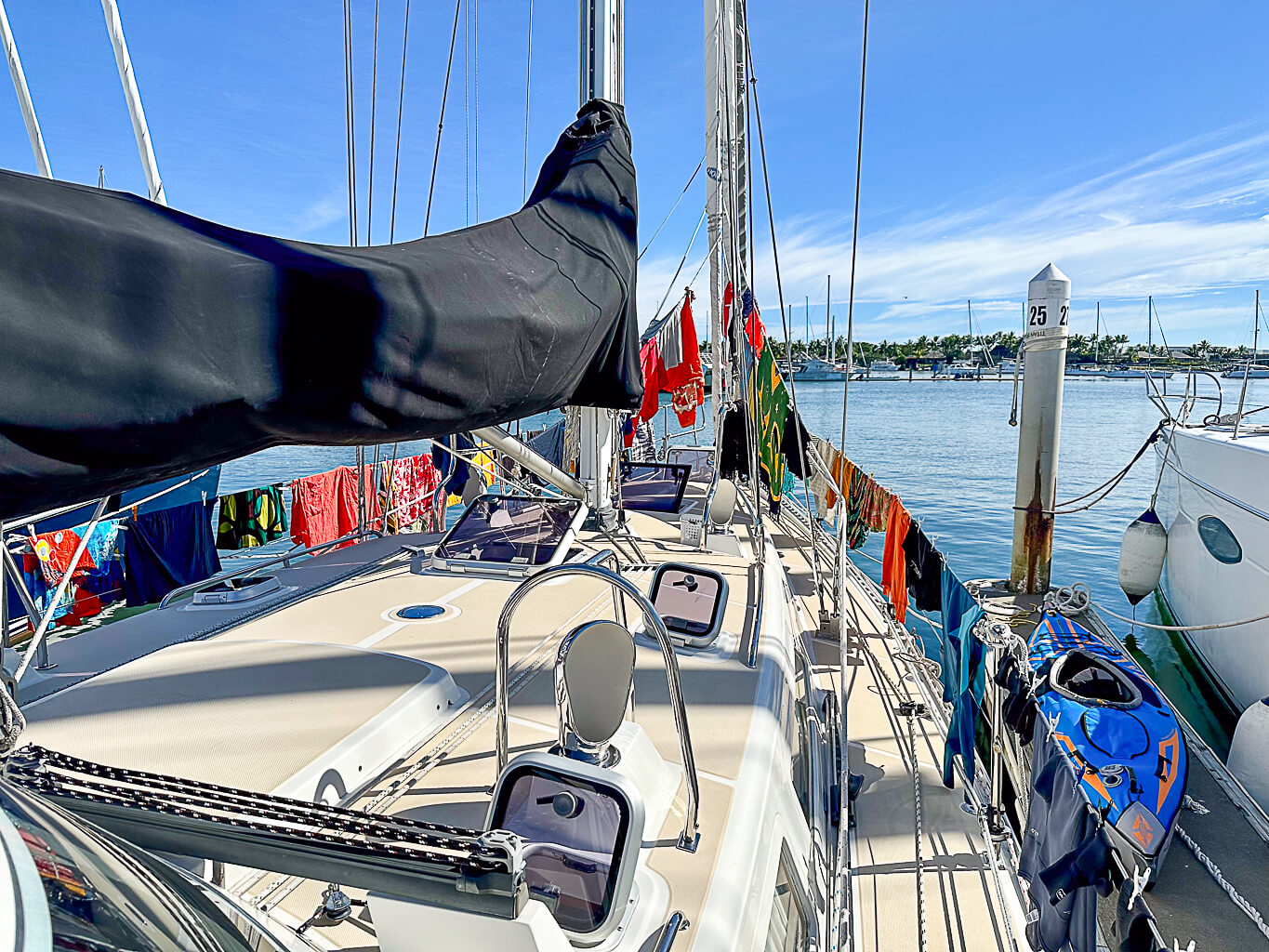
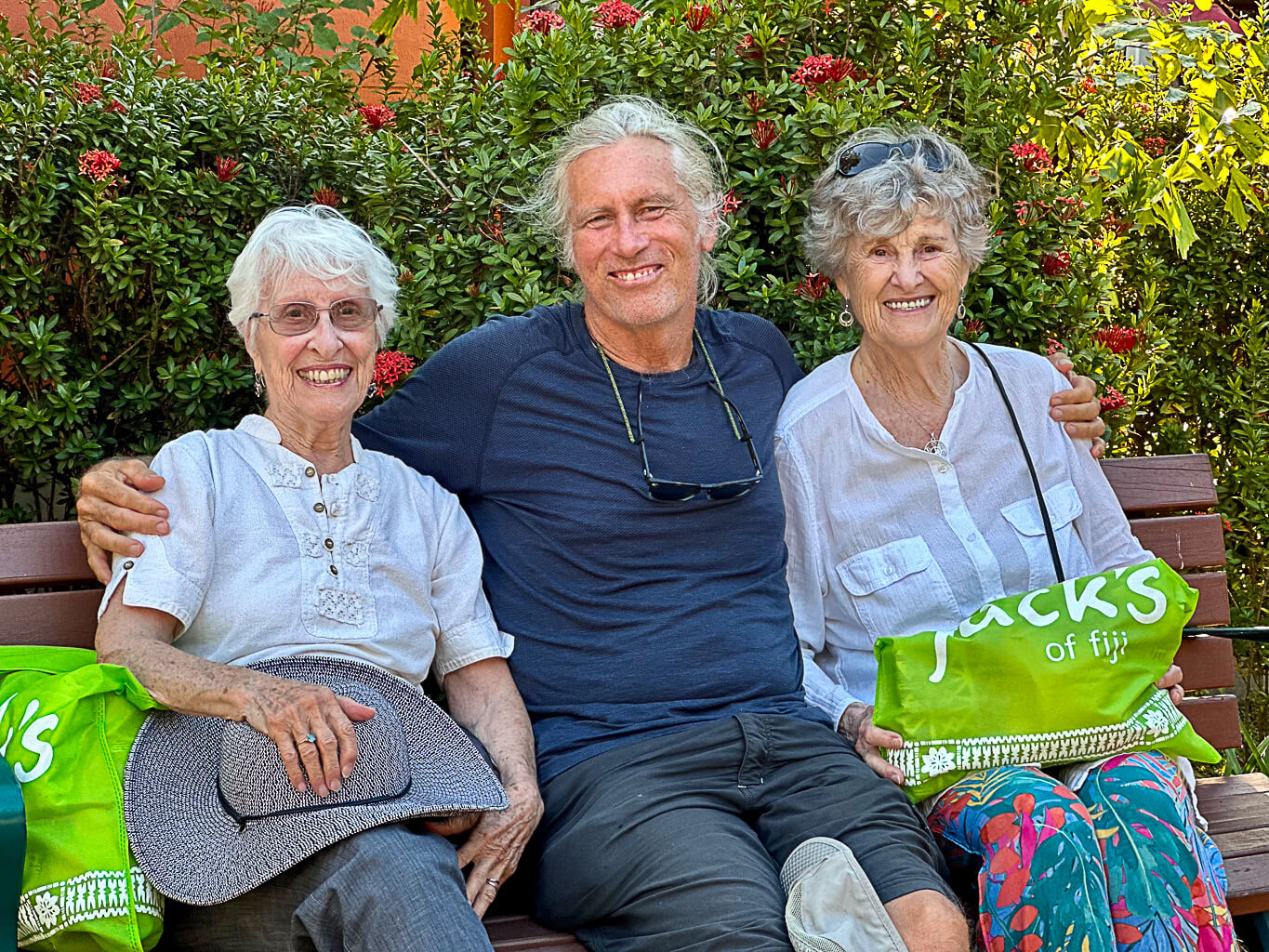

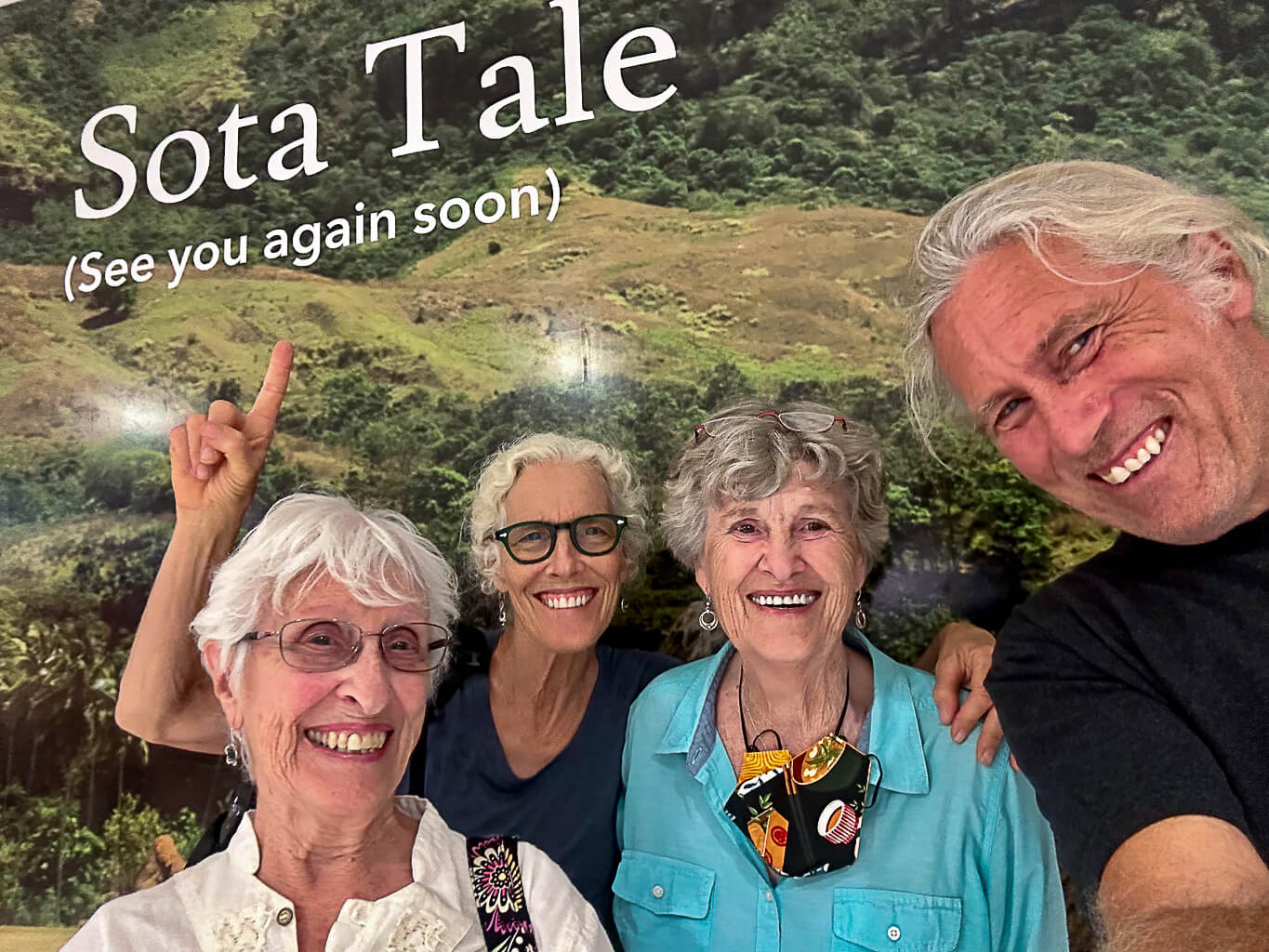
These Mama visits always leave me filled to the brim with what feels like elemental GOLD, but as we say our goodbyes, the fullness gives way quickly to a longing for more. Though the days are relatively few, they are packed with meaning: laughter, stories, music, belonging, acceptance … how would I resist this grasping? In the days following their departure, I am reminded that all the gifts of being in the graceful company of these two women are still right here with us. Vinaka vakalevu. What treasures our Mamas are! Till the next time, you two … Sota Tale! ~DS
A visit from our Kiwi (resident) kin:

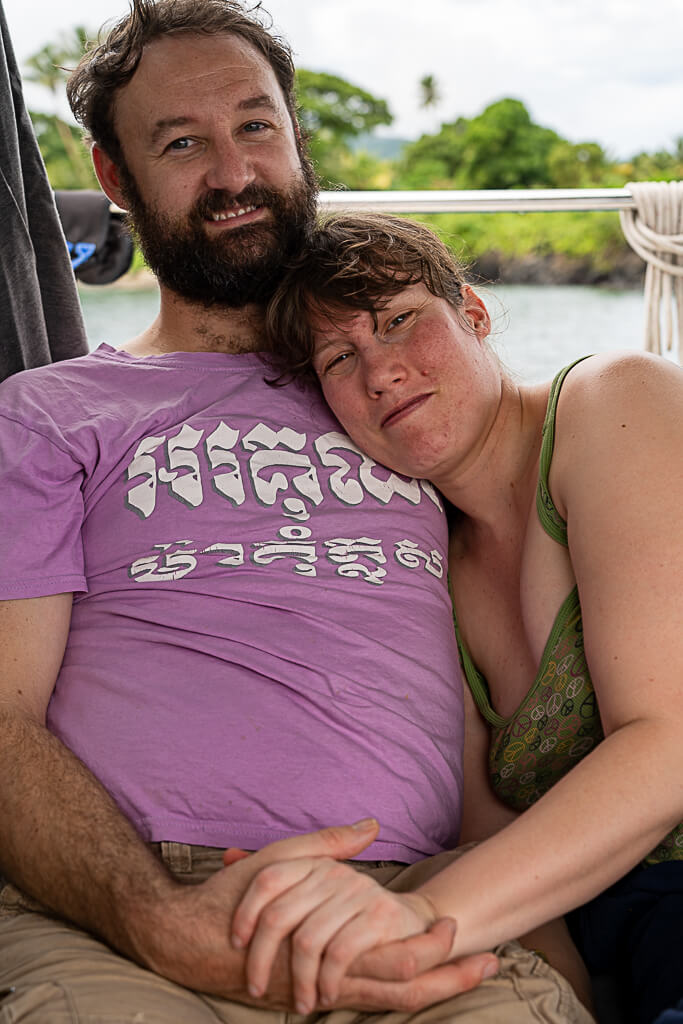

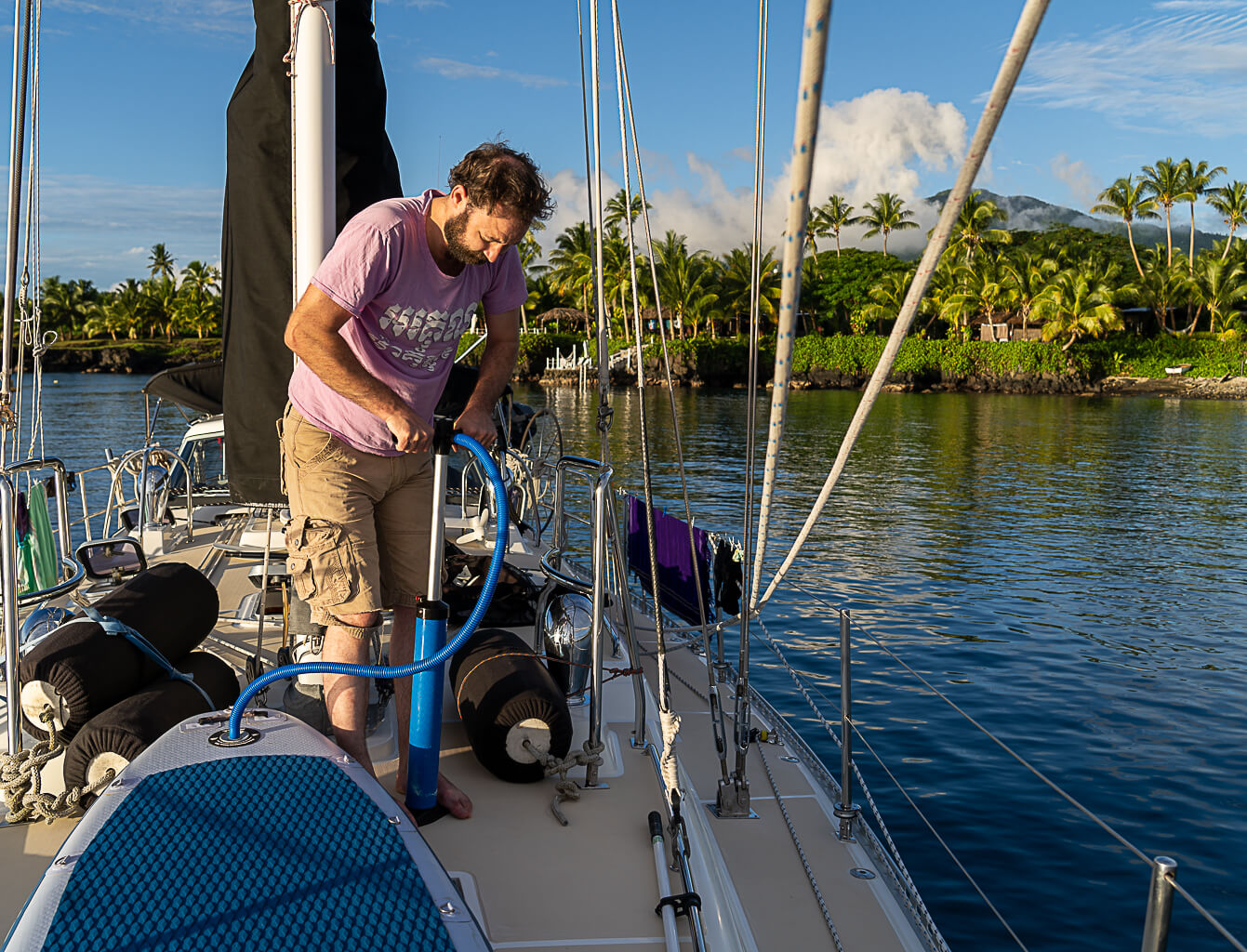

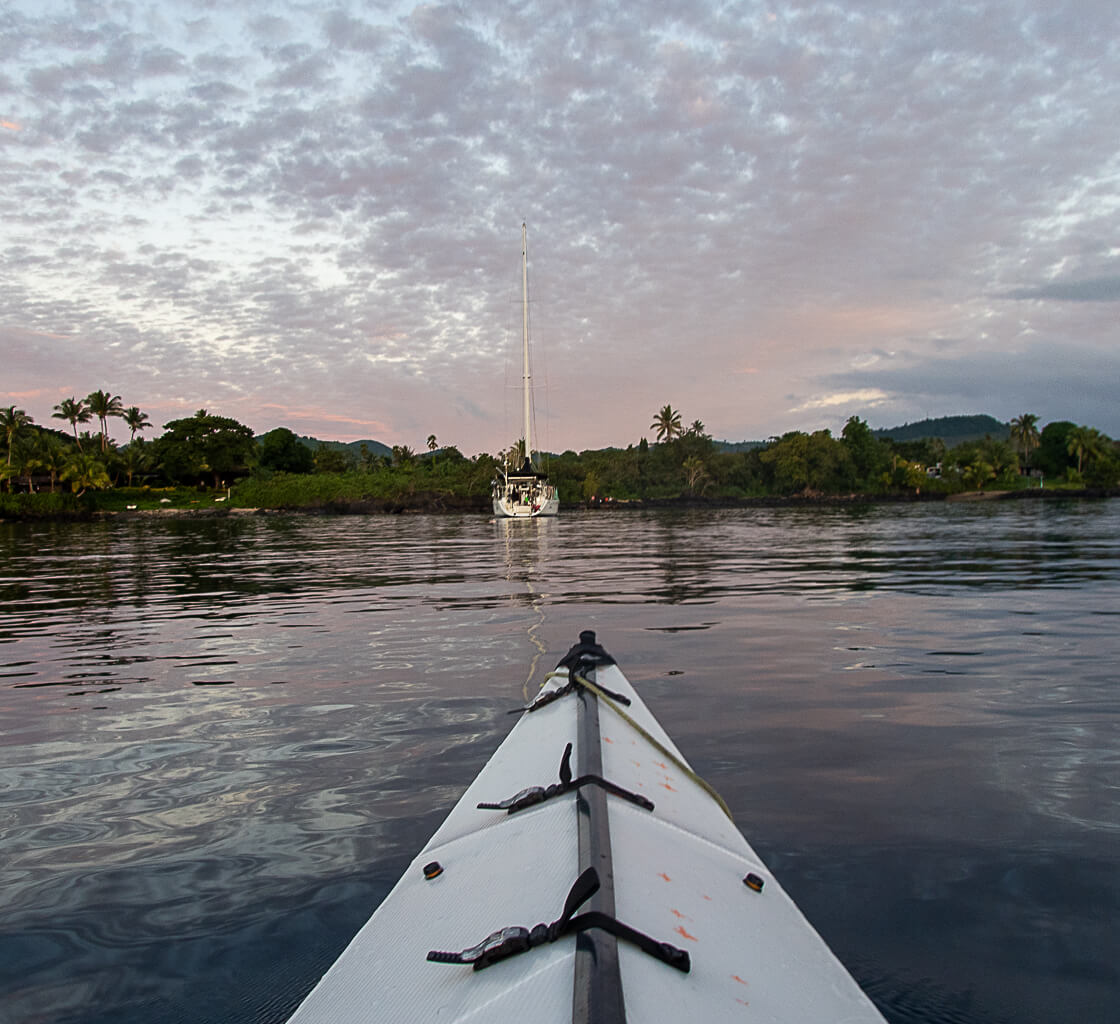


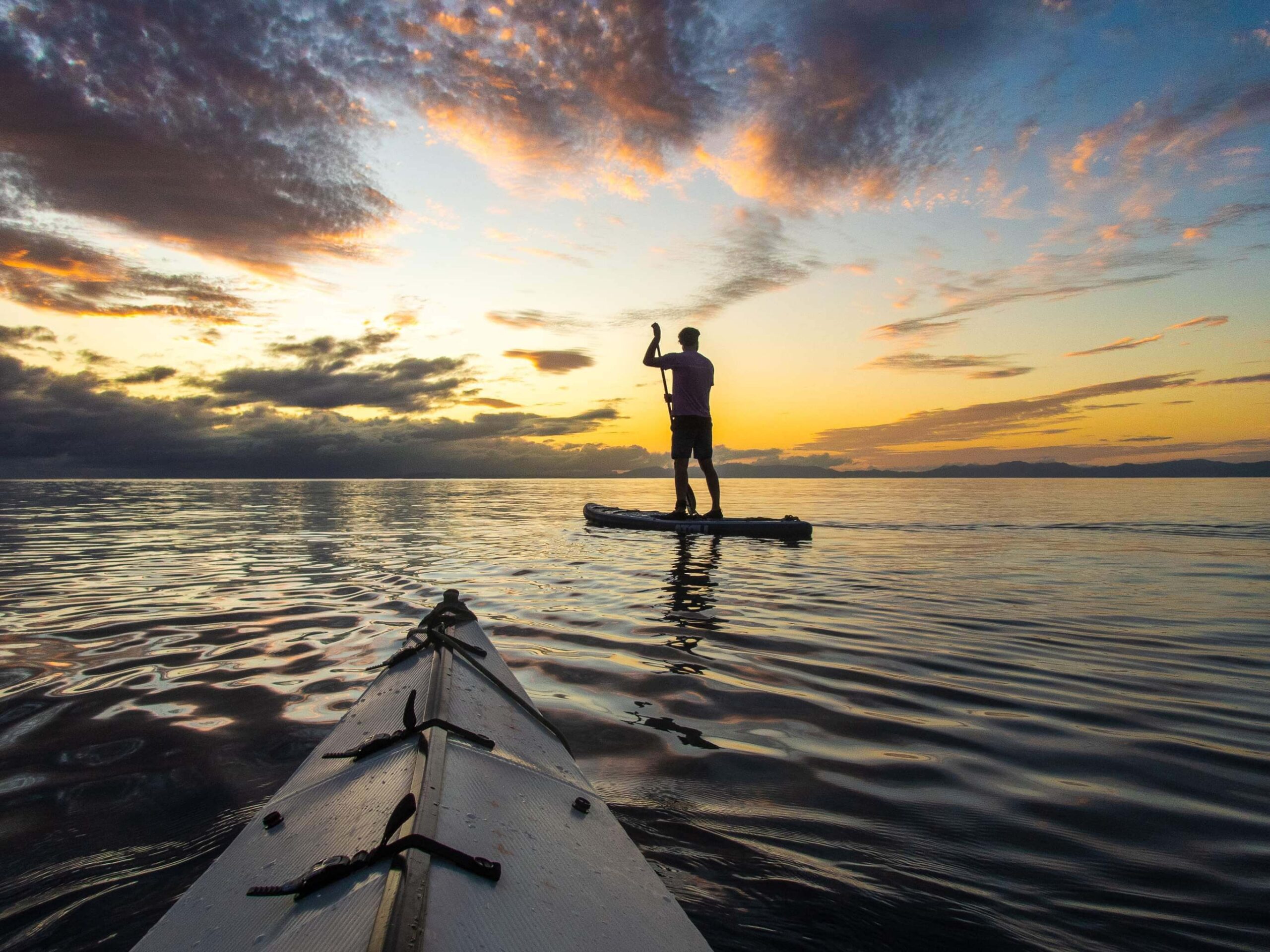

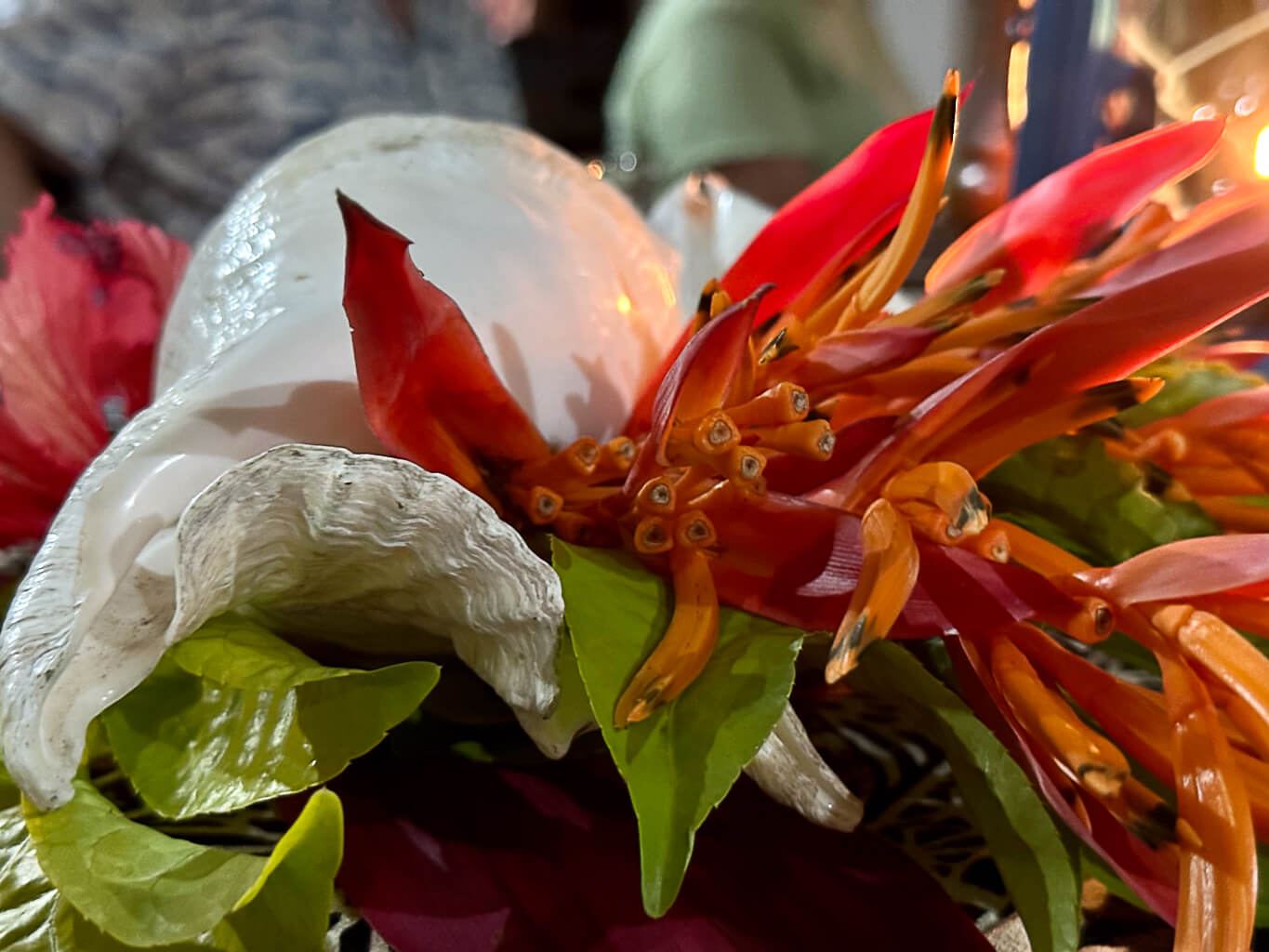
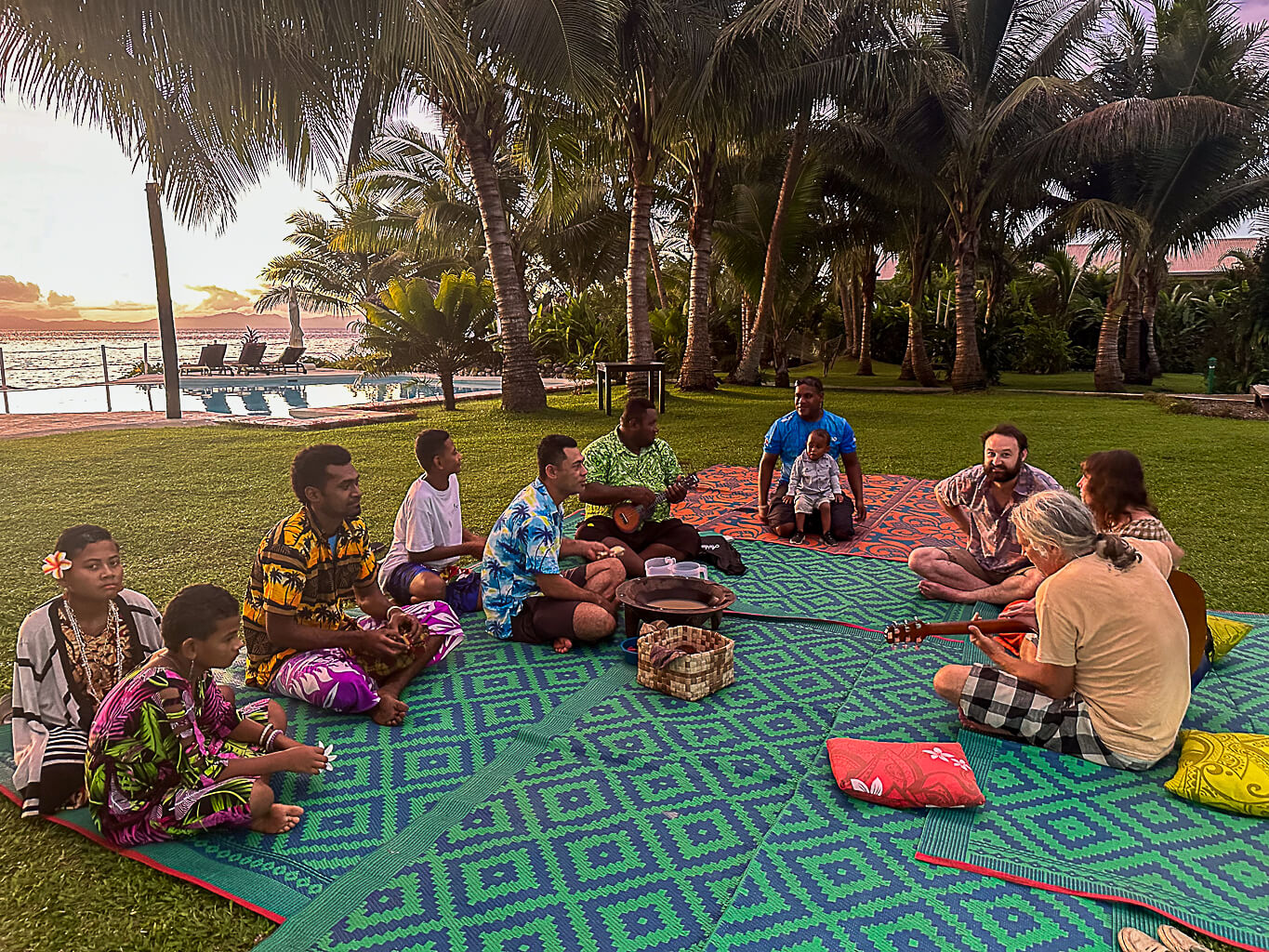


In the bar at Paradise resort, there’s an historically dubious caption pasted on a black and white picture of a dreadlocked Fijian, claiming to be of Udre Udre, famous for eating 872 or 999 people, which raises the question of who’s keeping those records? Seems a bit incredible until google informs you that the average American will consume 7,000 animals in a lifetime (vegetarianism anyone?). ~MS
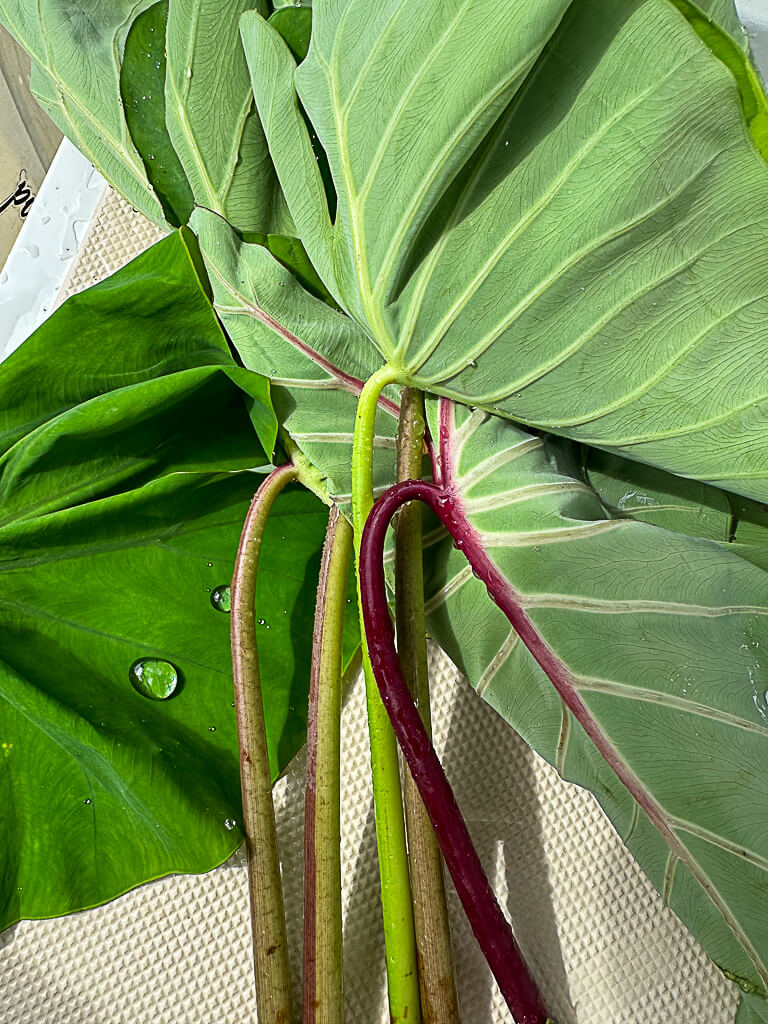

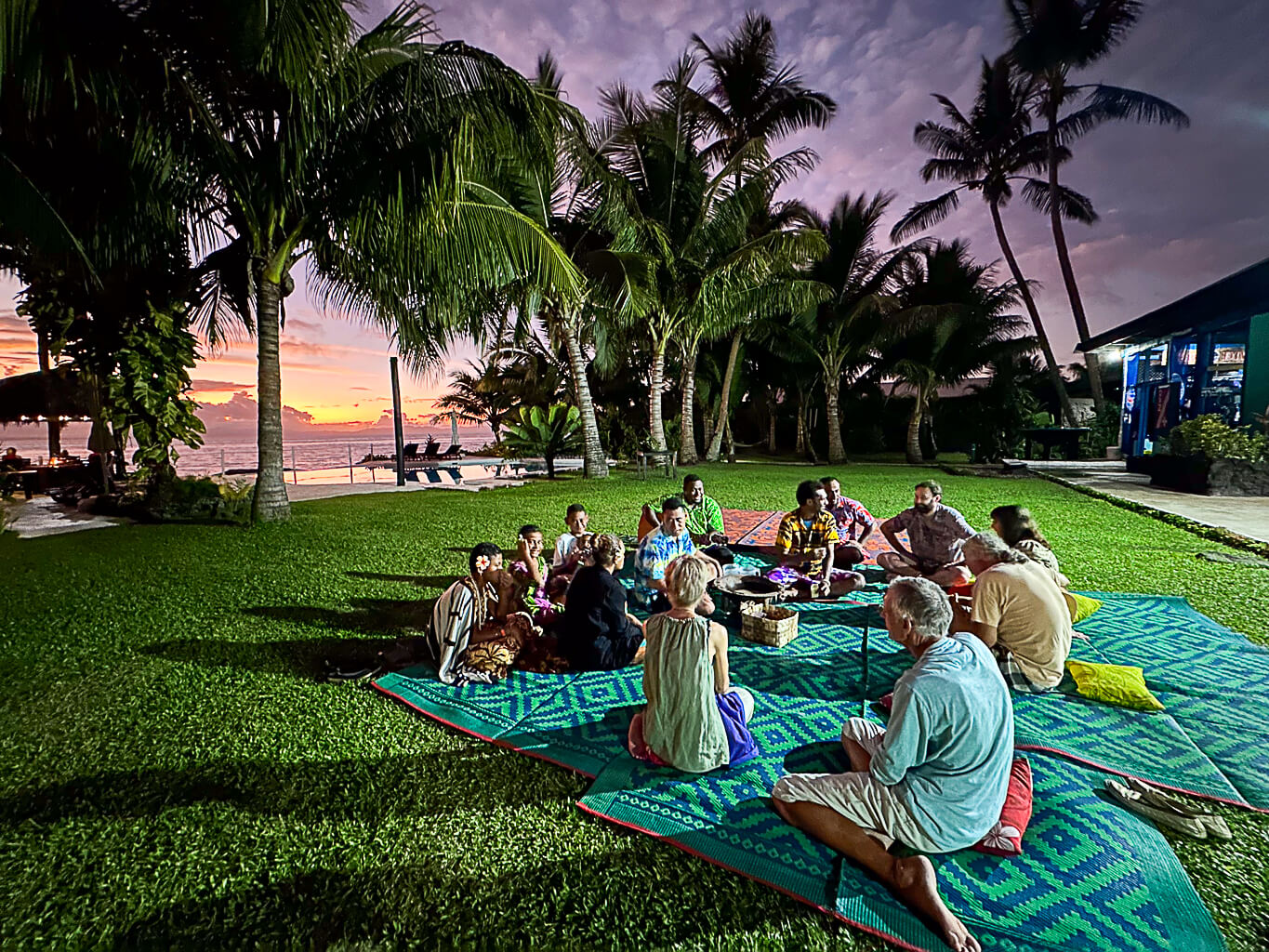

from a joy perspective than any other village ceremony.
“Fiji night” kava and a guitar missing the D string. Traditional dances offered by the employees (which they must learn as kids) casual enough to feel authentic. We share the end of the table with doctors and nurses from San Diego who come to the island each year to volunteer their services for local women, long days providing surgeries that otherwise require a long trip to the mainland. Paradise is their reward at the end of a non-stop week. ~MS
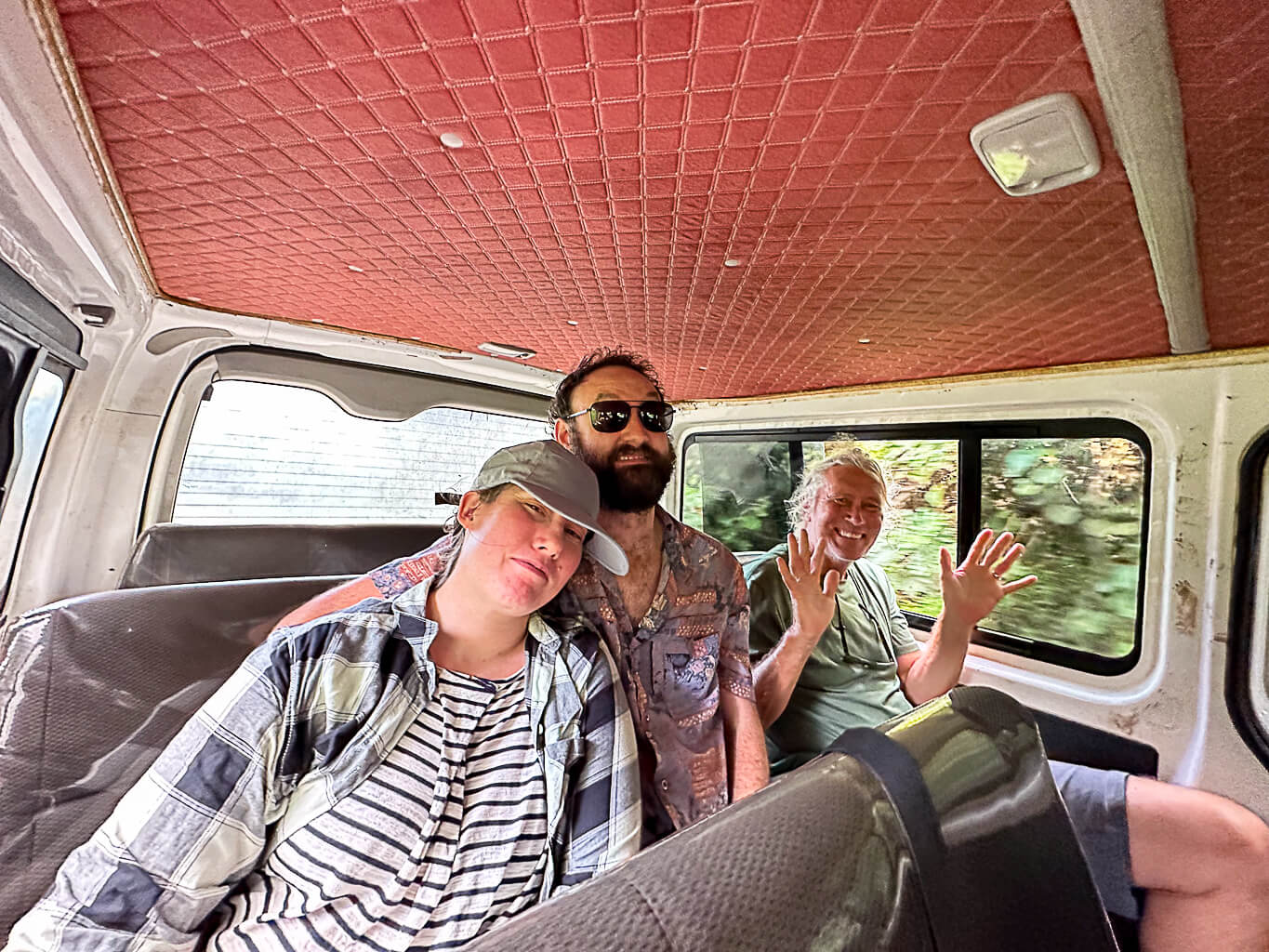
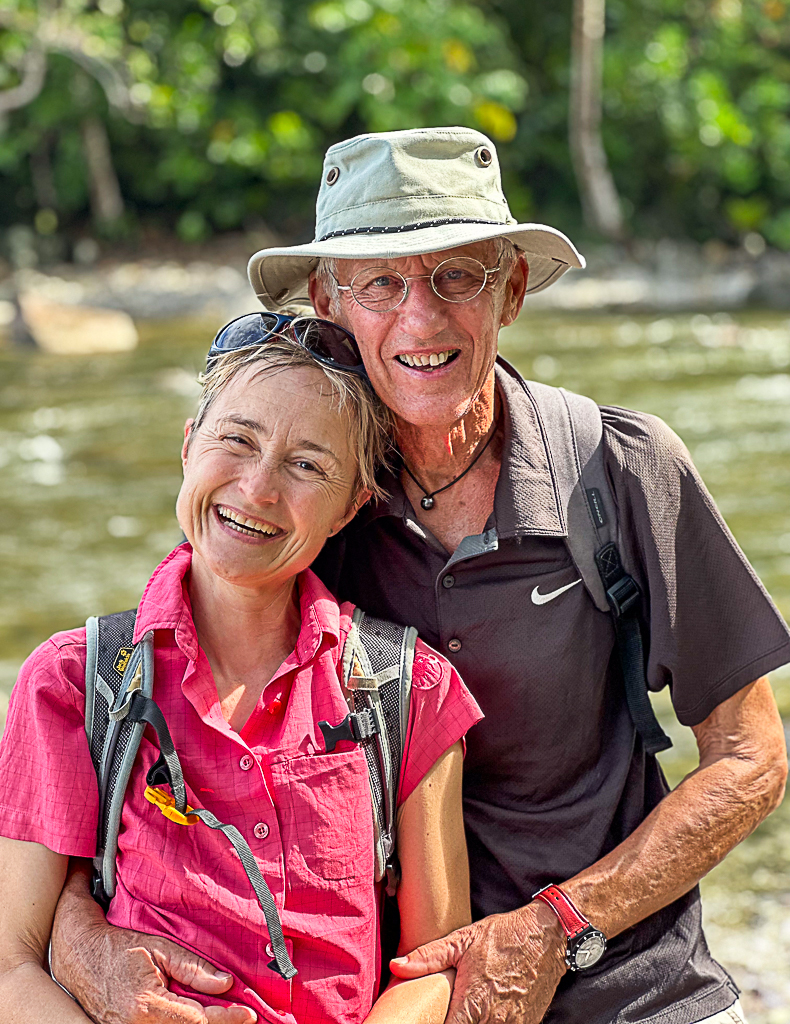
Liam remarked on the mighty trees that line the long ride down the island of Taveuni, arched over the battered road, lush and green. Glimpses of the blue tropical water in the Somosomo Strait between Vanua Levu and Fiji’s rainiest island. Here’s where the 180th meridian plays funny games with our navigation programs, and astronomically speaking the date should properly change. The dive resort at the end of Taveuni, calls itself Paradise. “Welcome to Paradise” probably gets old for the staff. Or maybe not. Green vines with blue flowers tumble down black volcanic rocks and red dirt off shore. After school, kids leap into the gentle blue surge in the glowing warm sunset. Tucked under the dock a frog fish holds perfectly still, out by the yellow can bouy, blue ribbon eels poke their heads out of the sand, waving back an forth with as must bluster as they can muster. ~MS

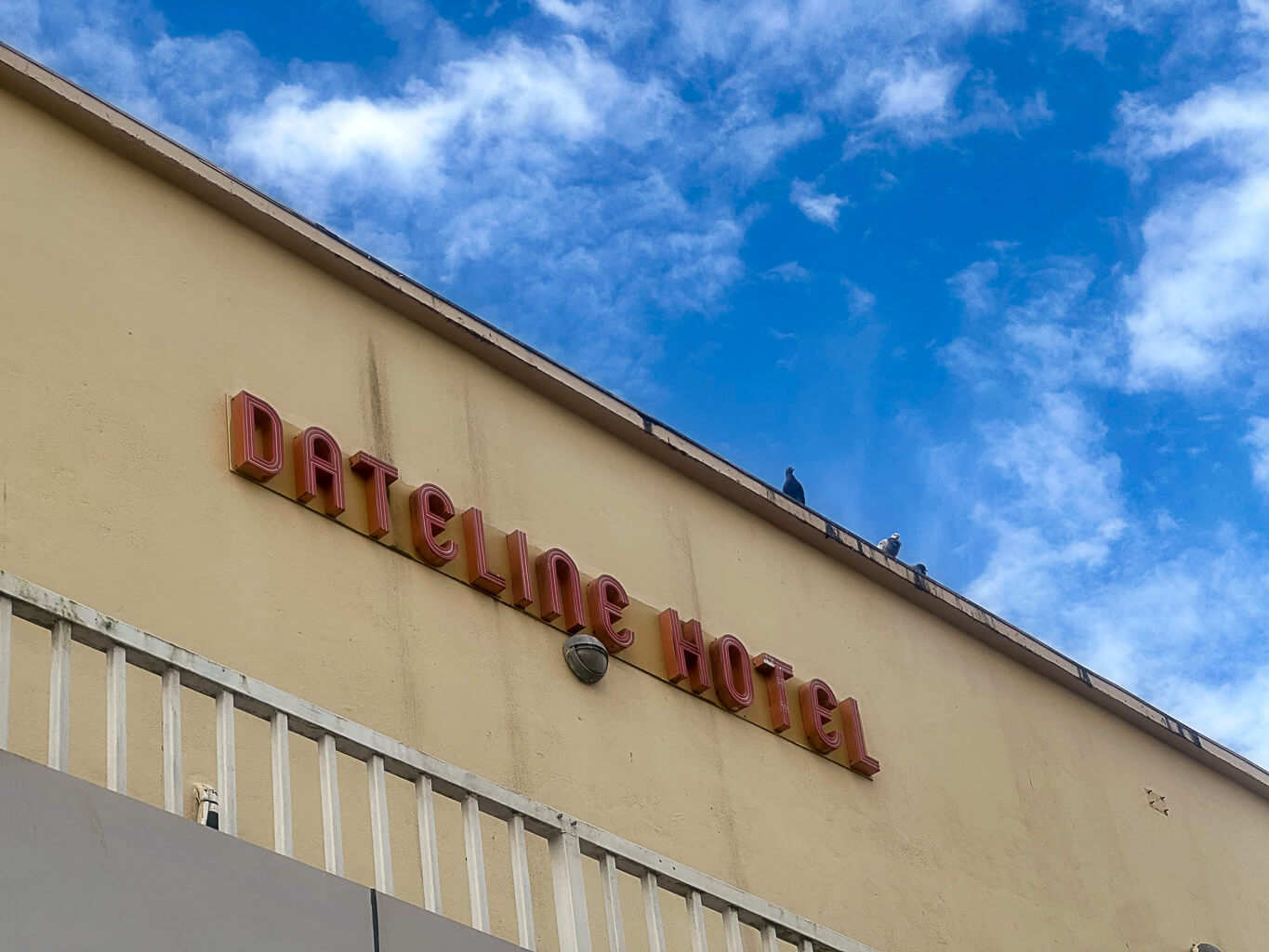

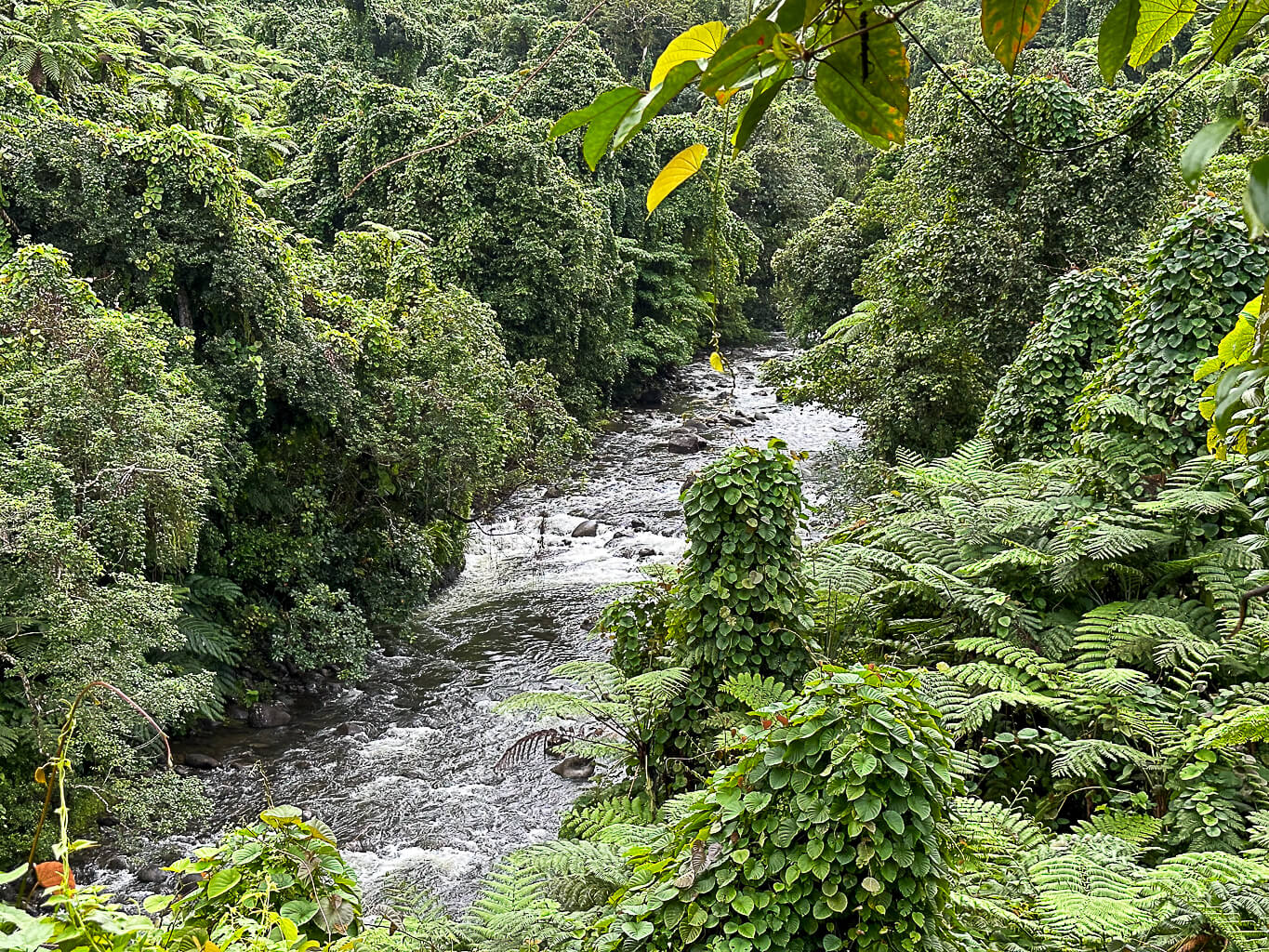

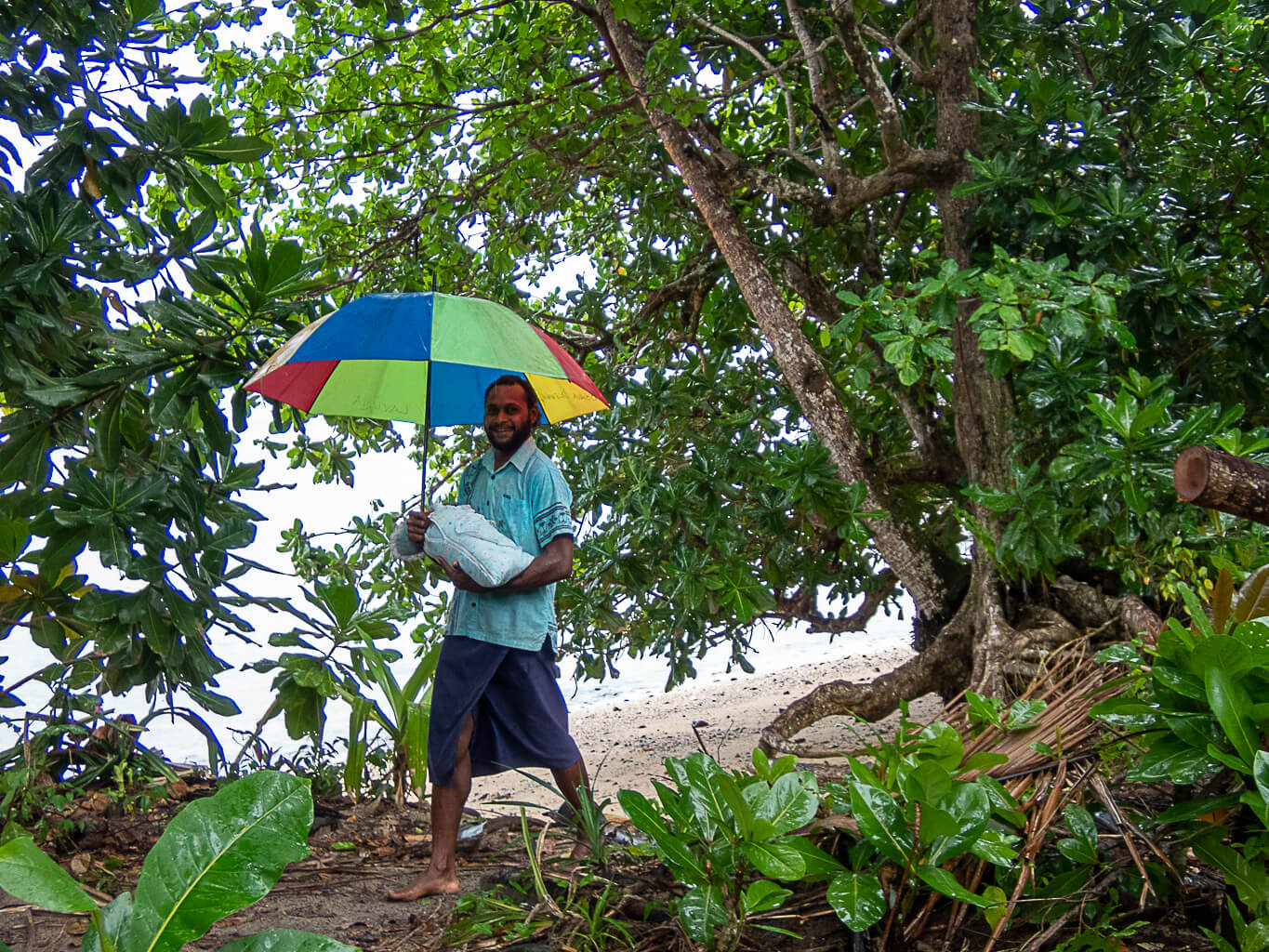
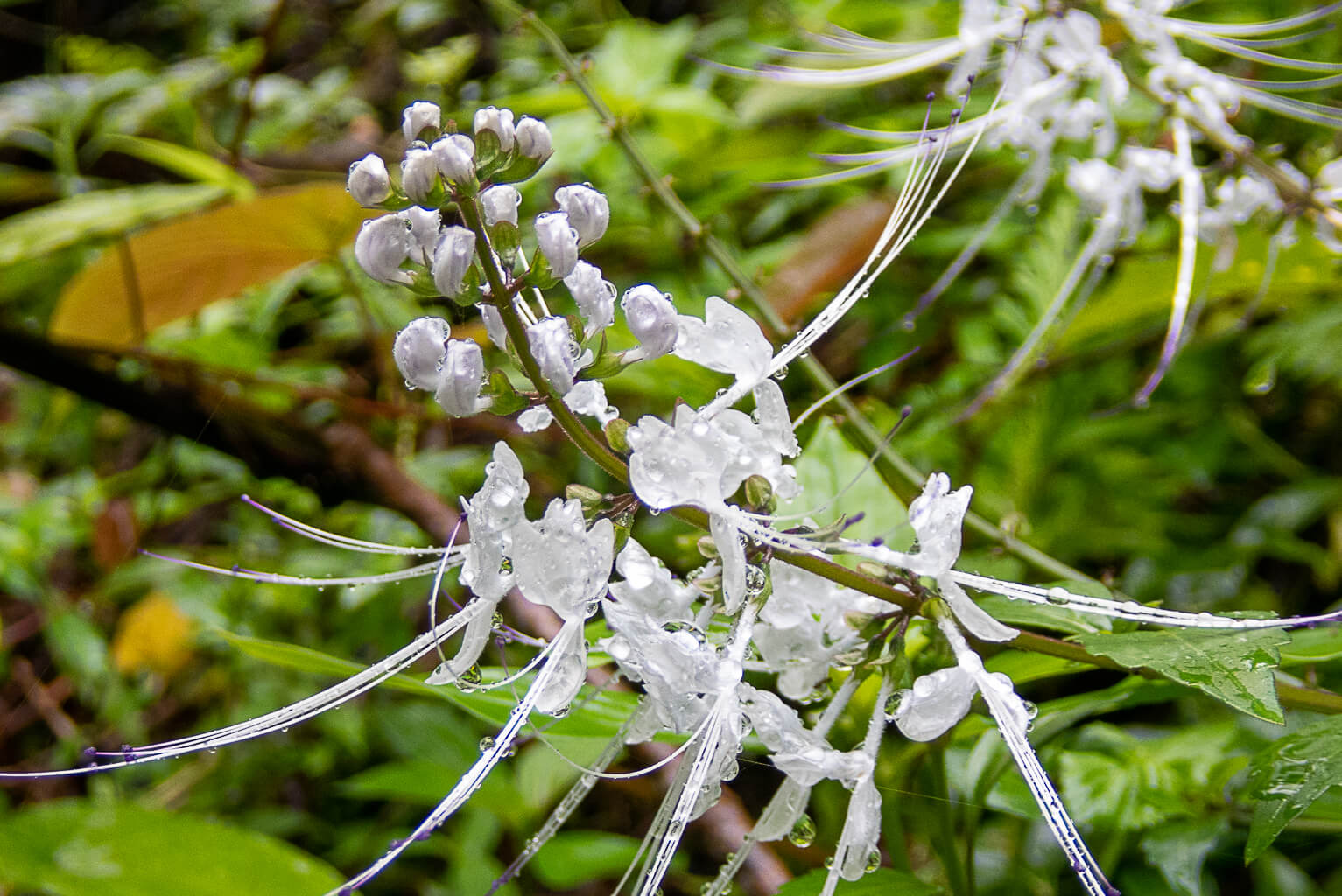
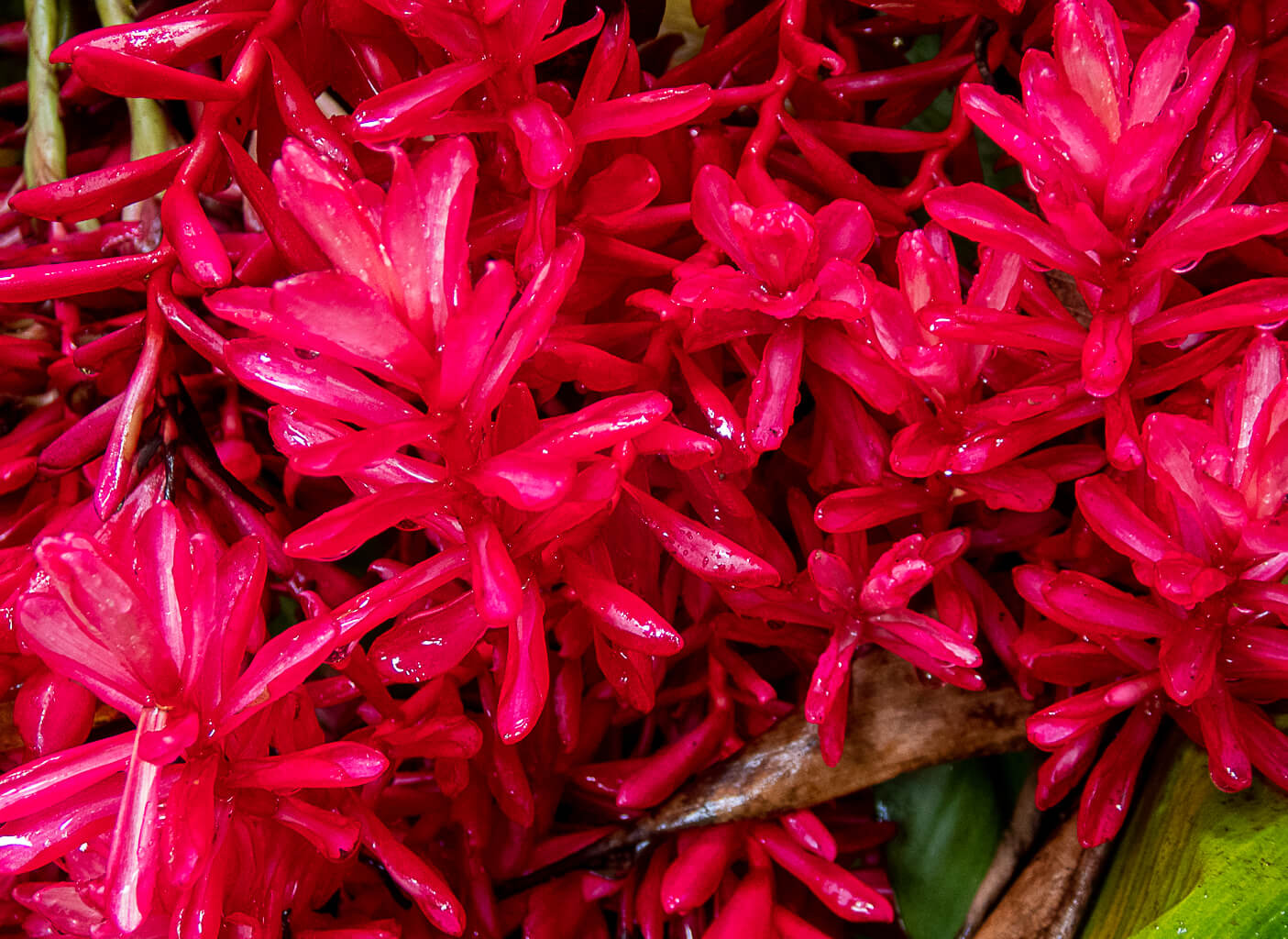
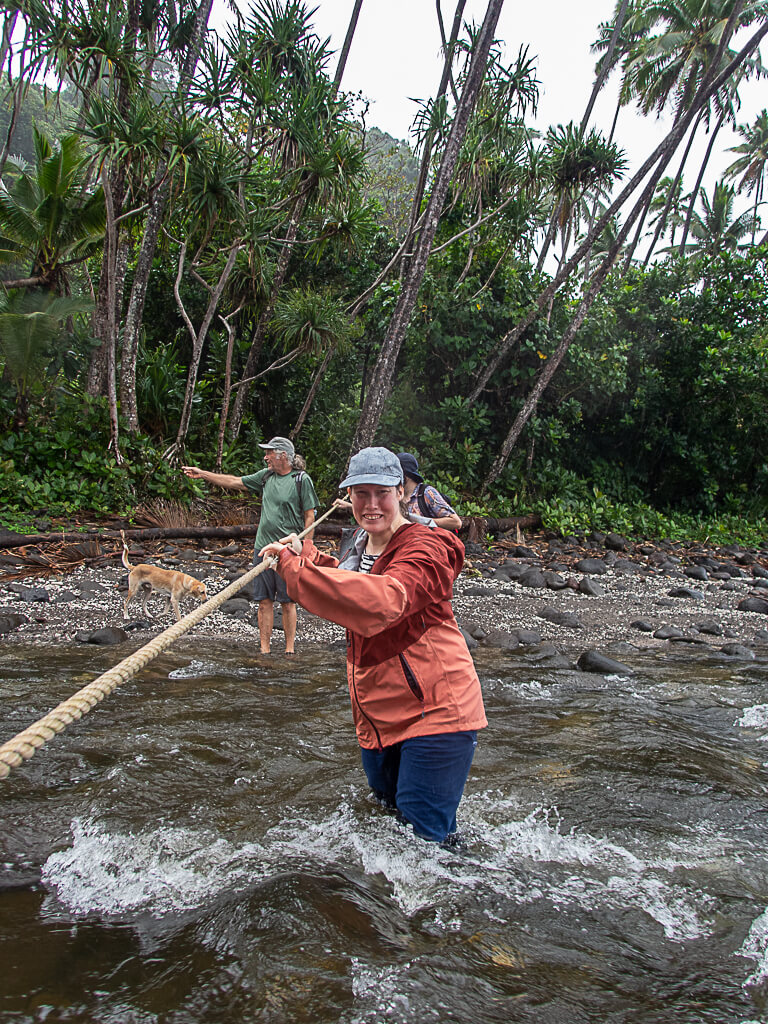
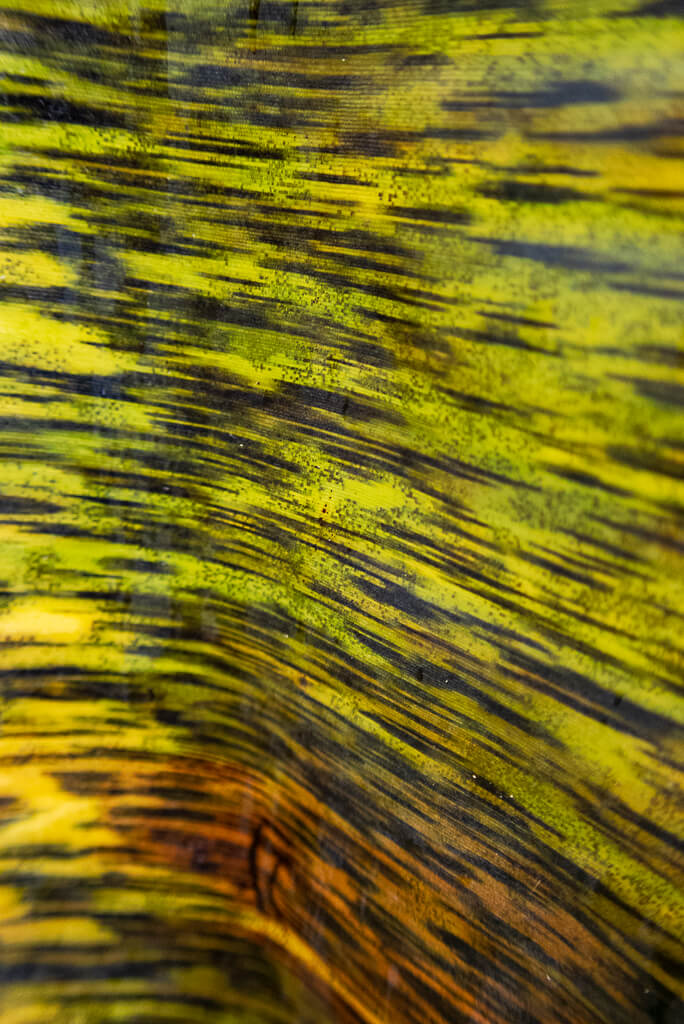

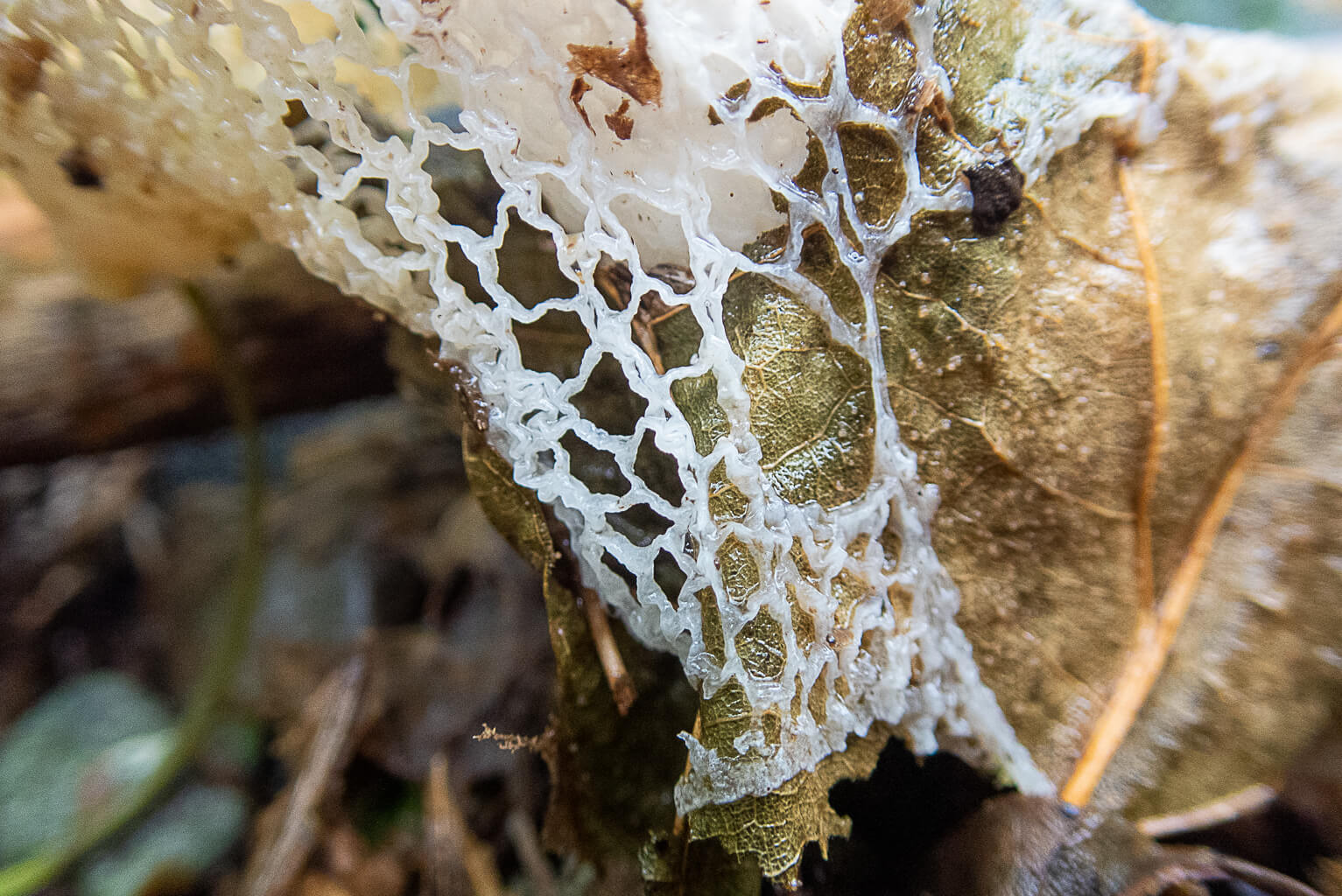
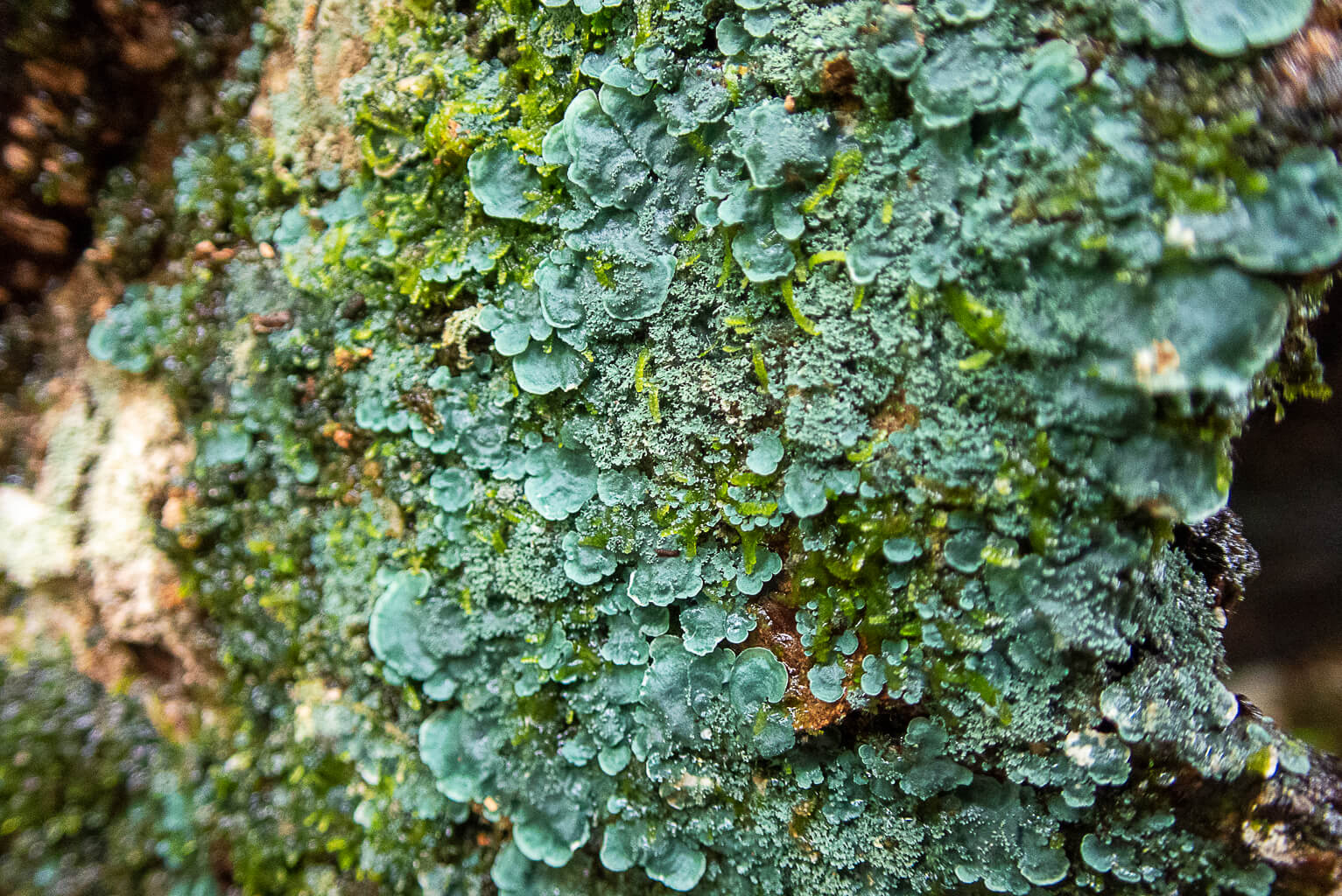

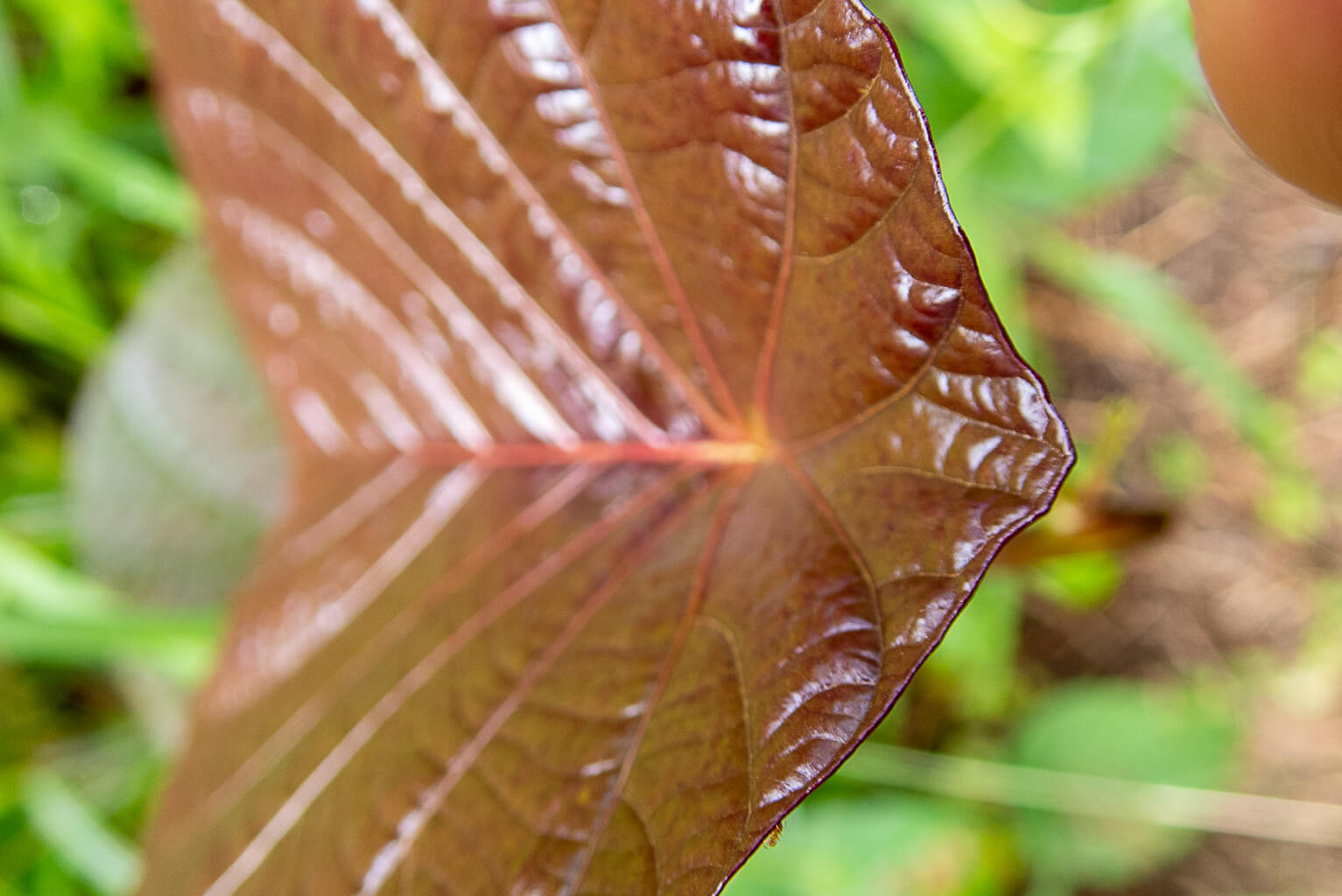
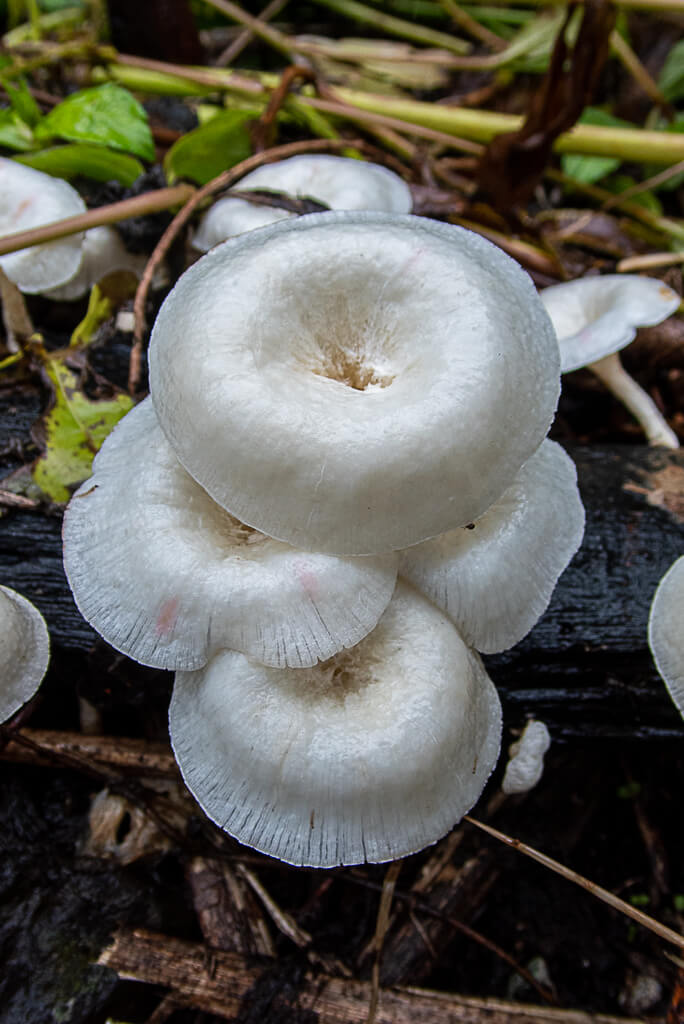
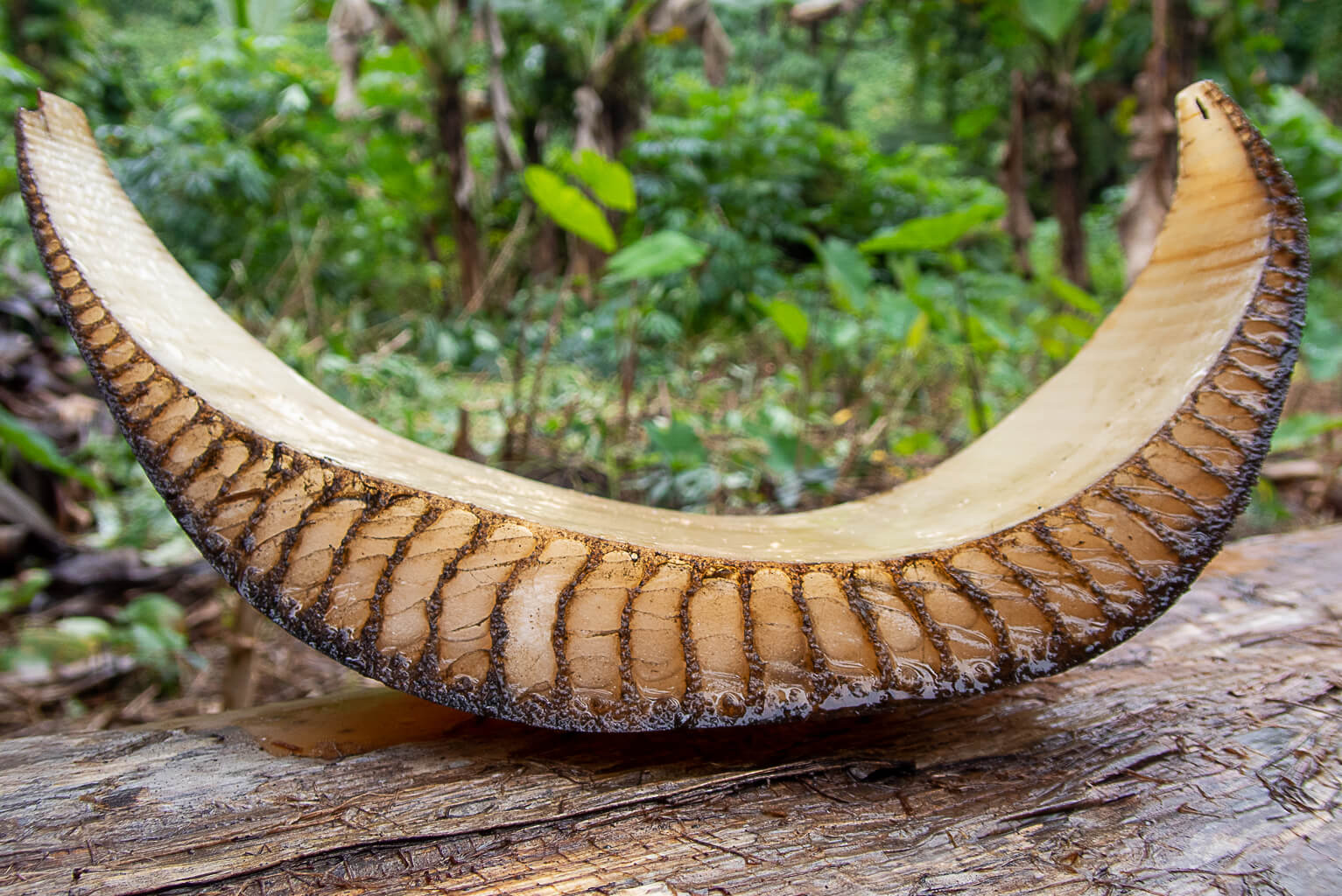

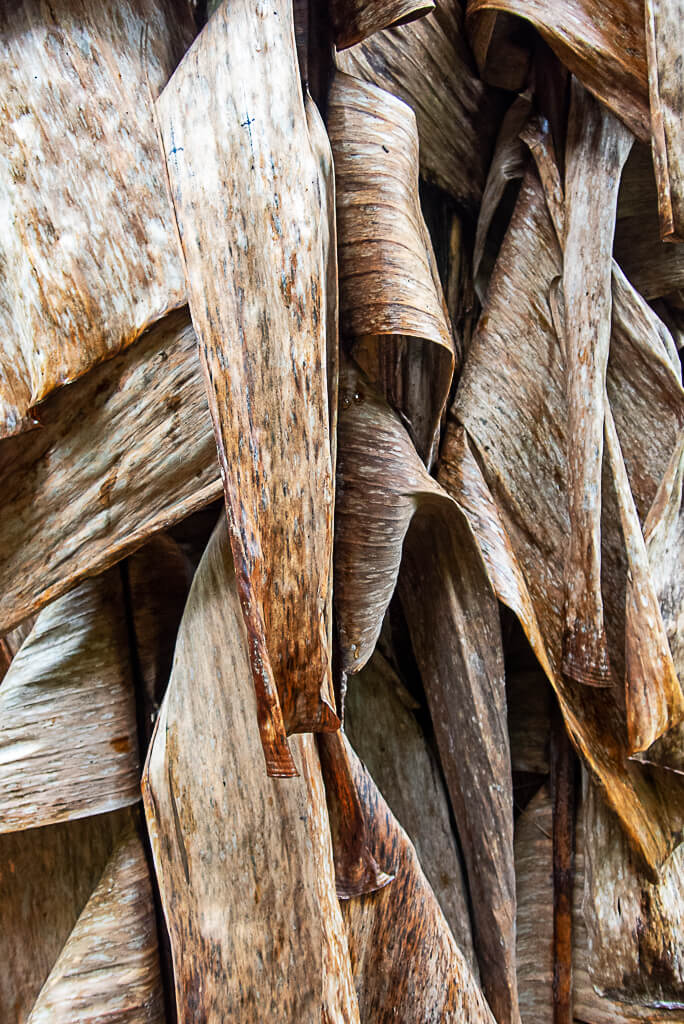
A windy Lavena coastal walk, winding up the luxuriant Wainibau valley to the thundering falls. The usual swim against the current in warm fresh water, clinging to the cliff walls between dashes across the torrent. Liam and Diana make it the whole way. A 70 year old Fijian guide urges his charges on, climbs the cliff for a daring dive he must have made since a child. ~MS
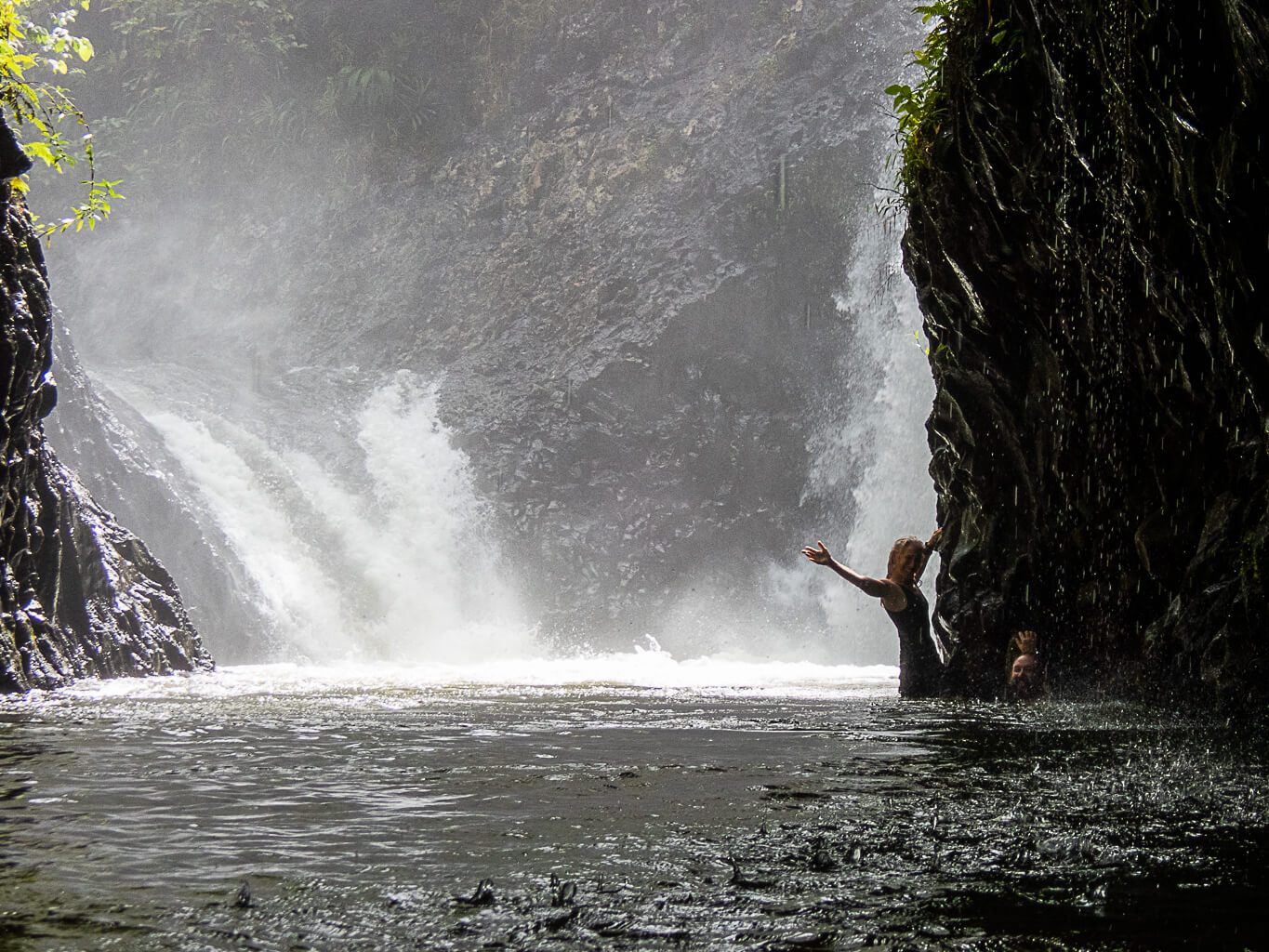
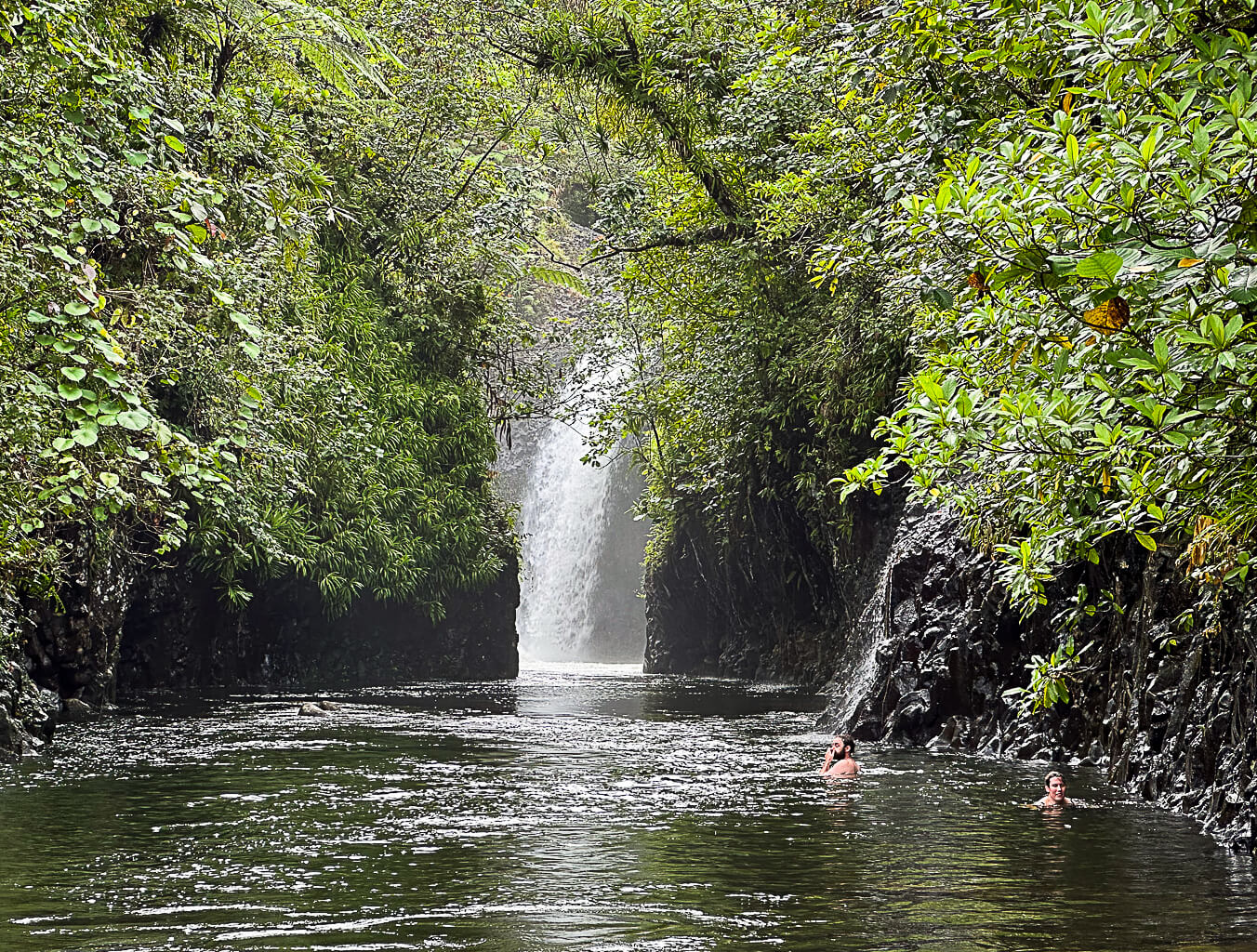
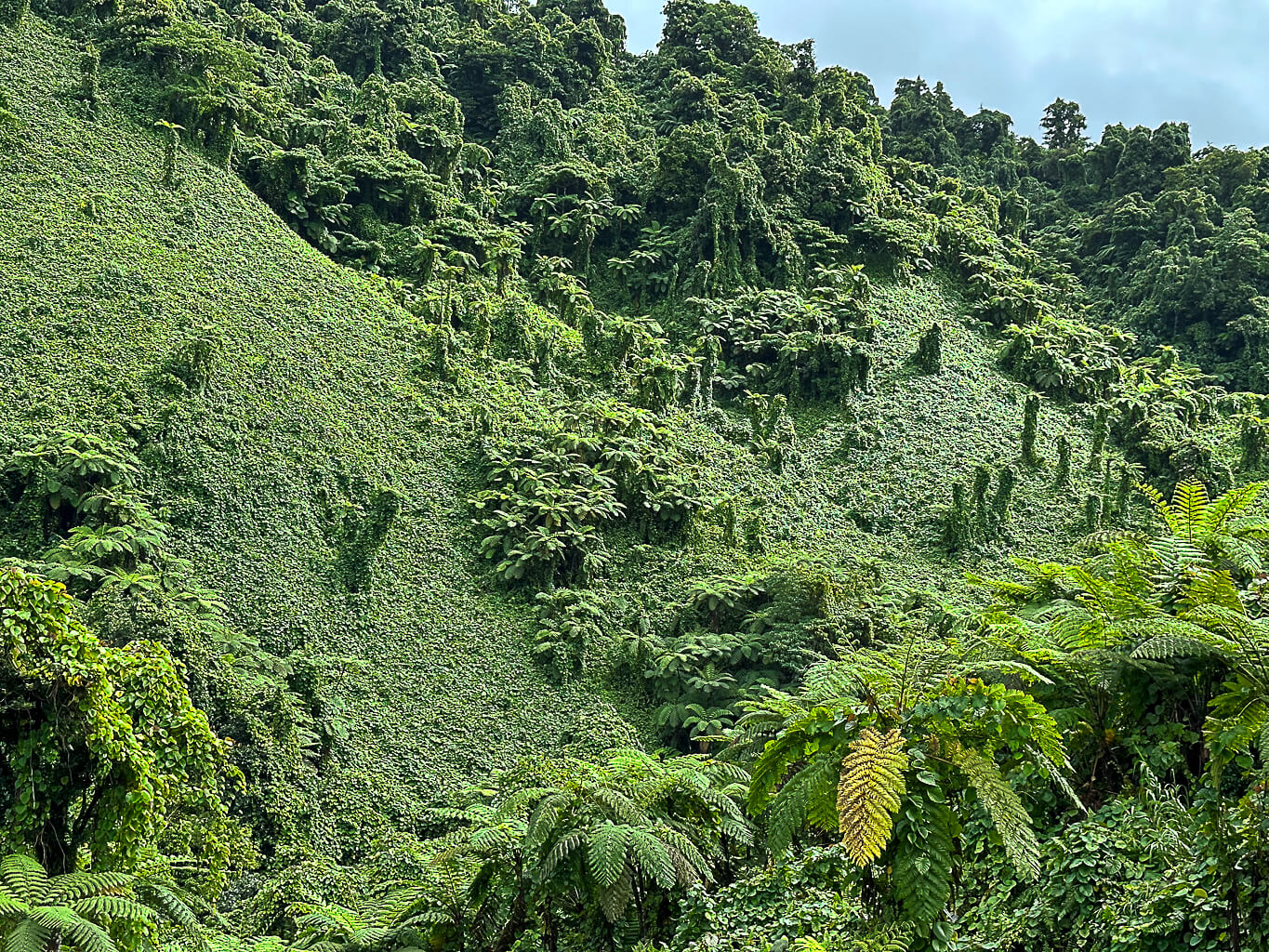



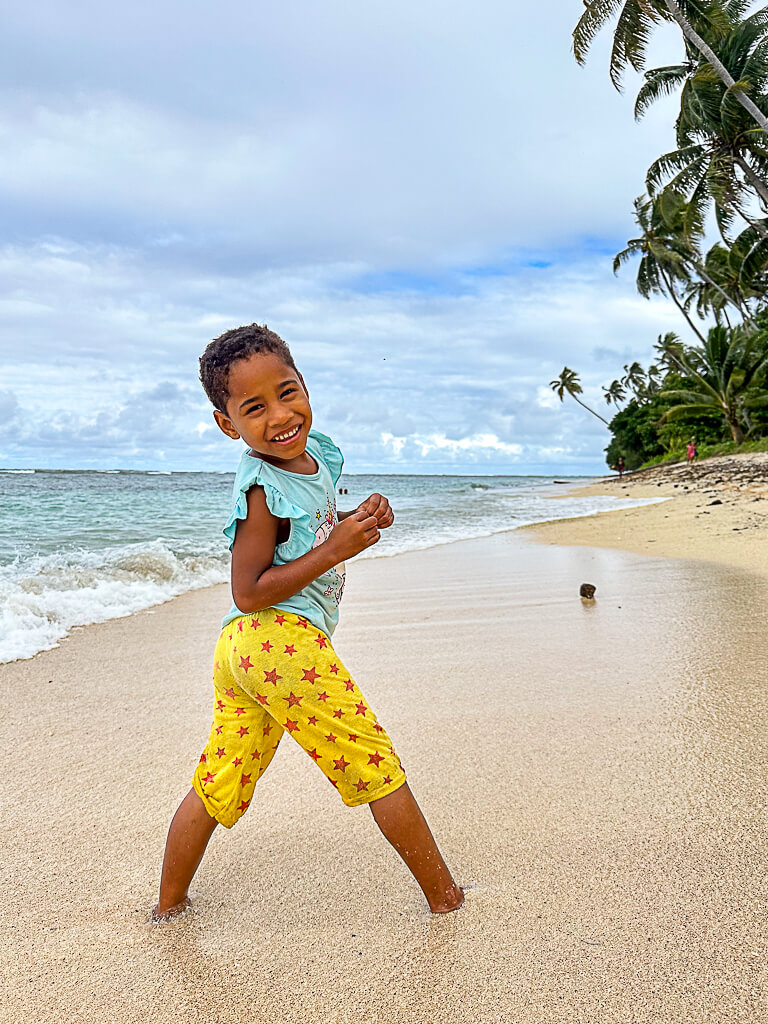
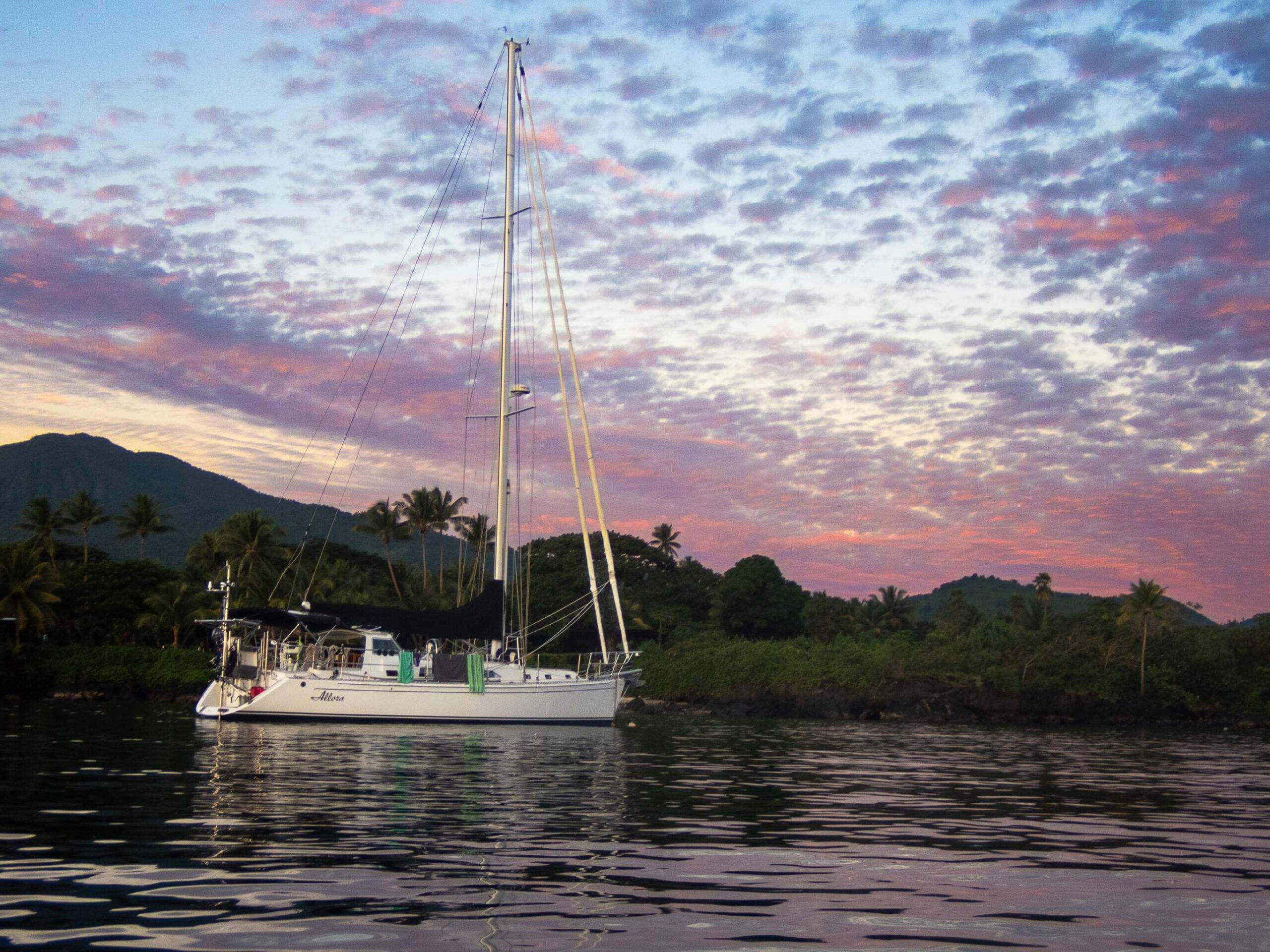
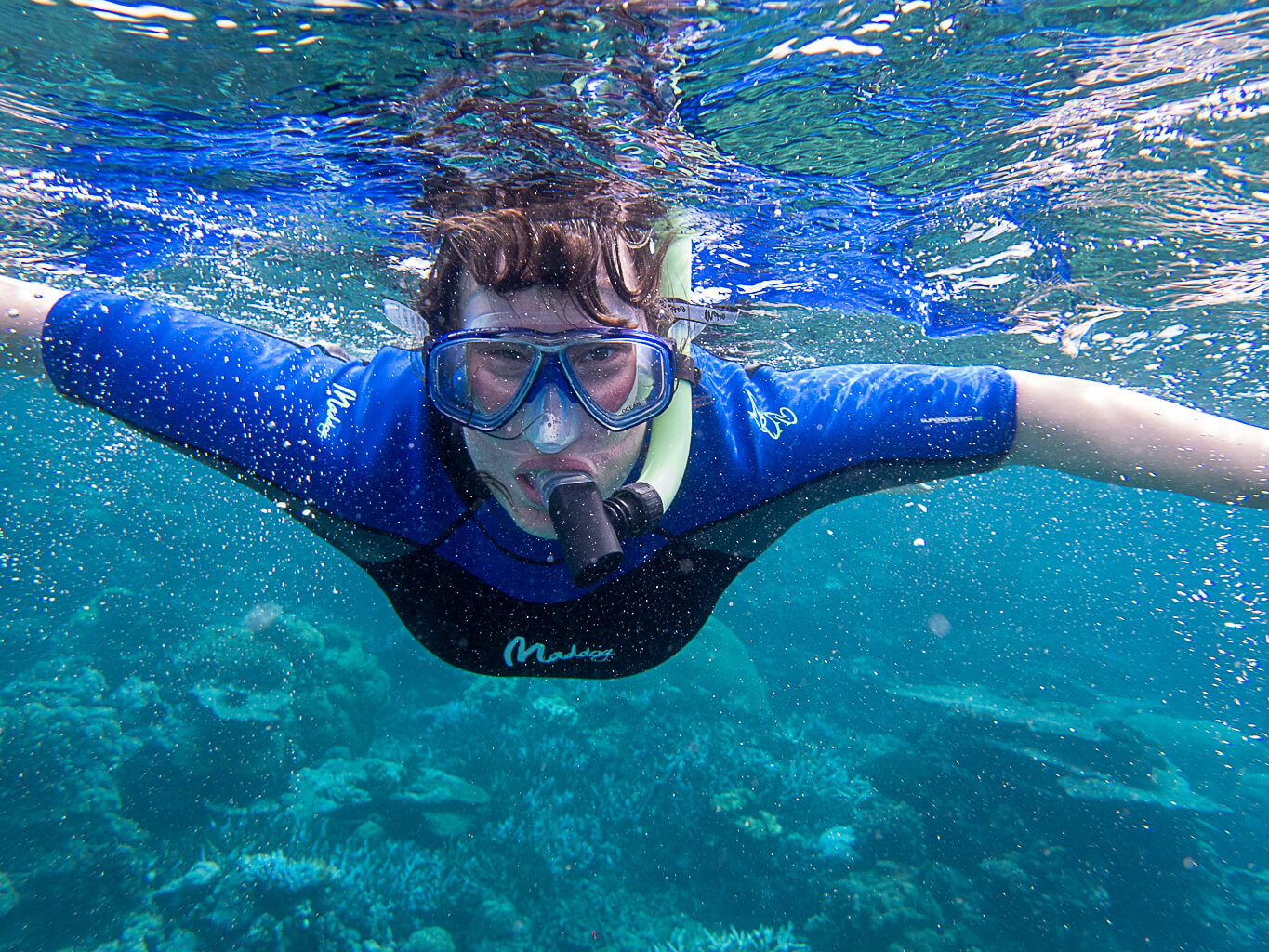

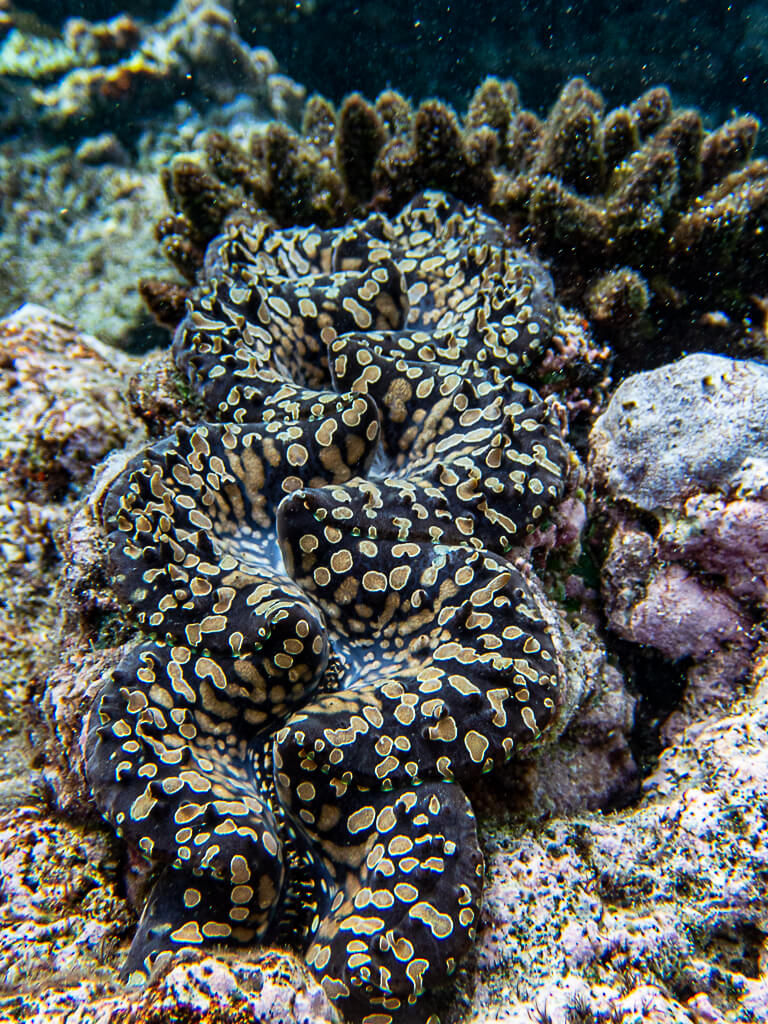
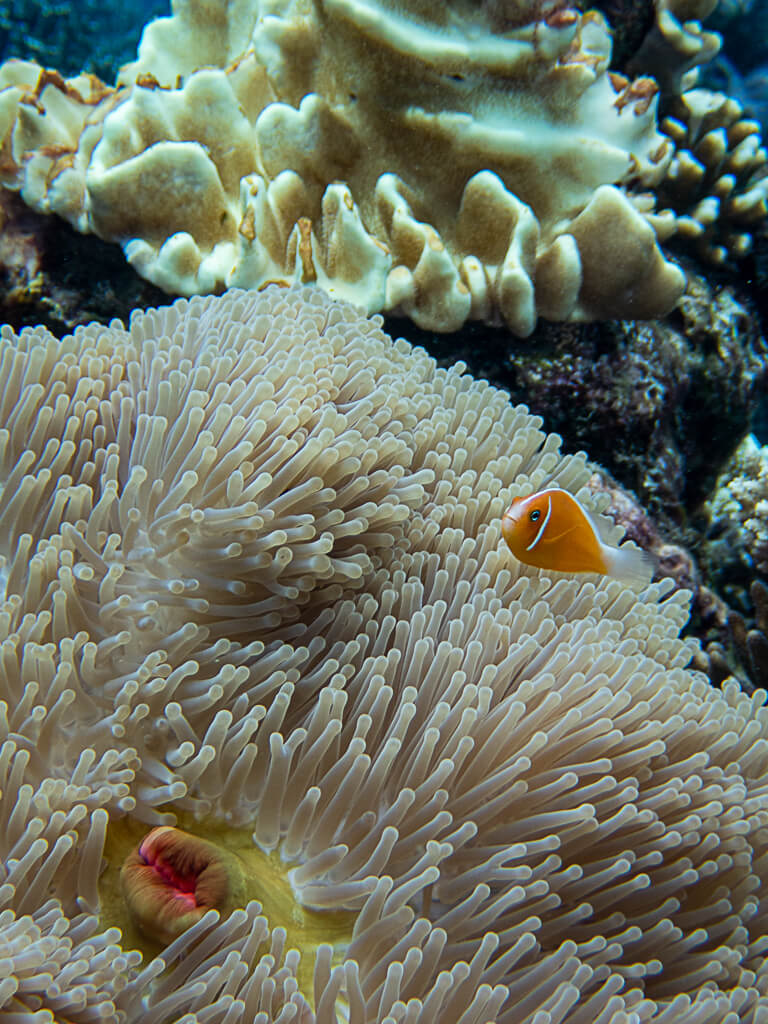
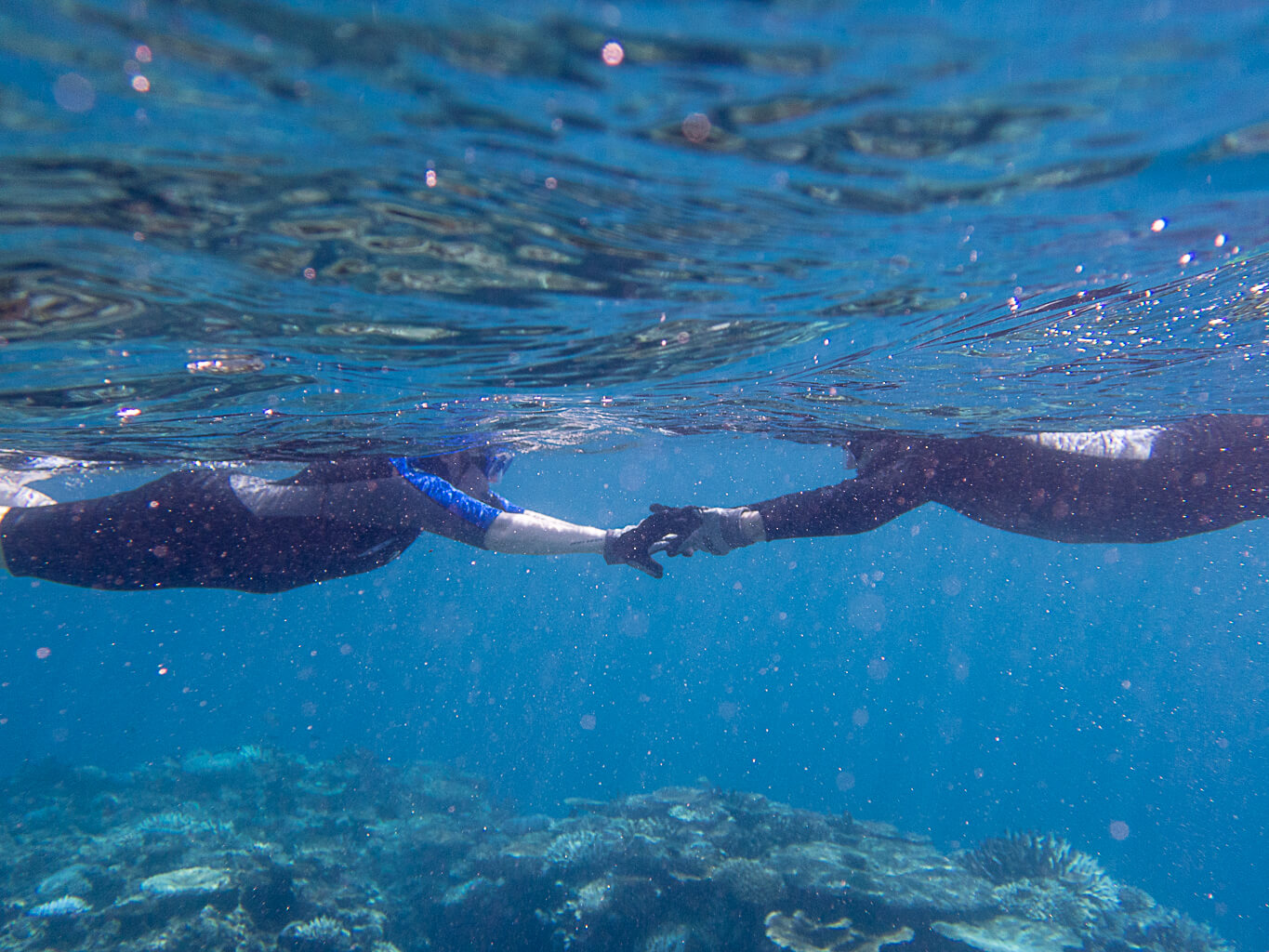

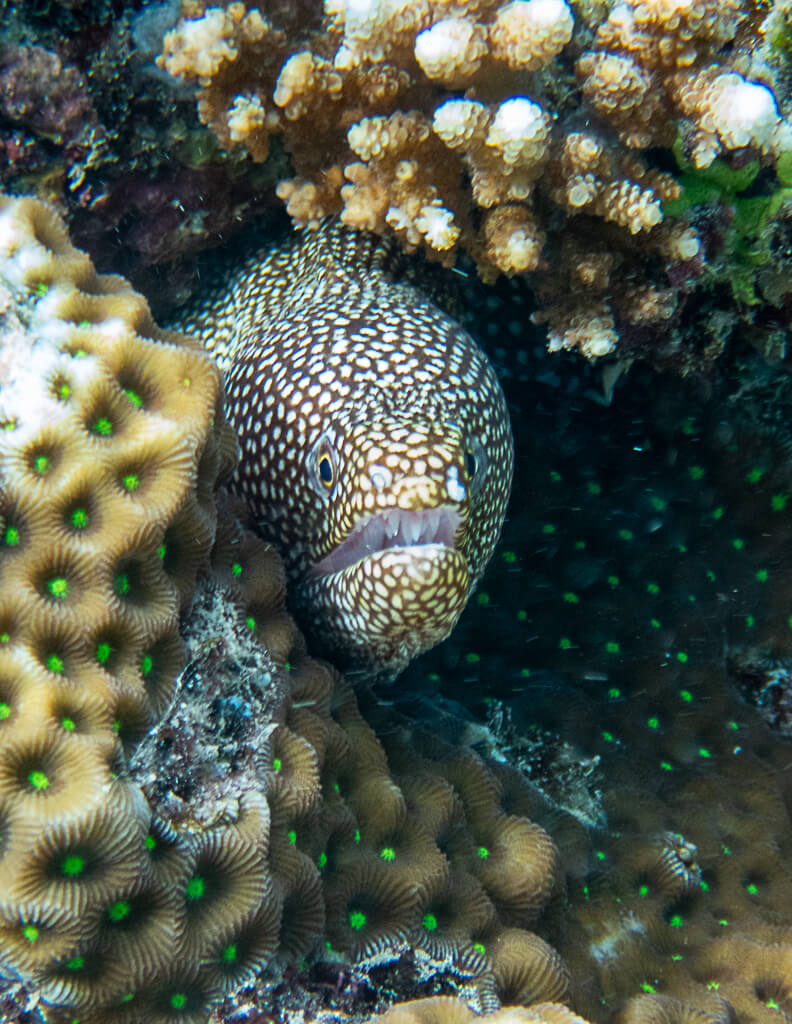
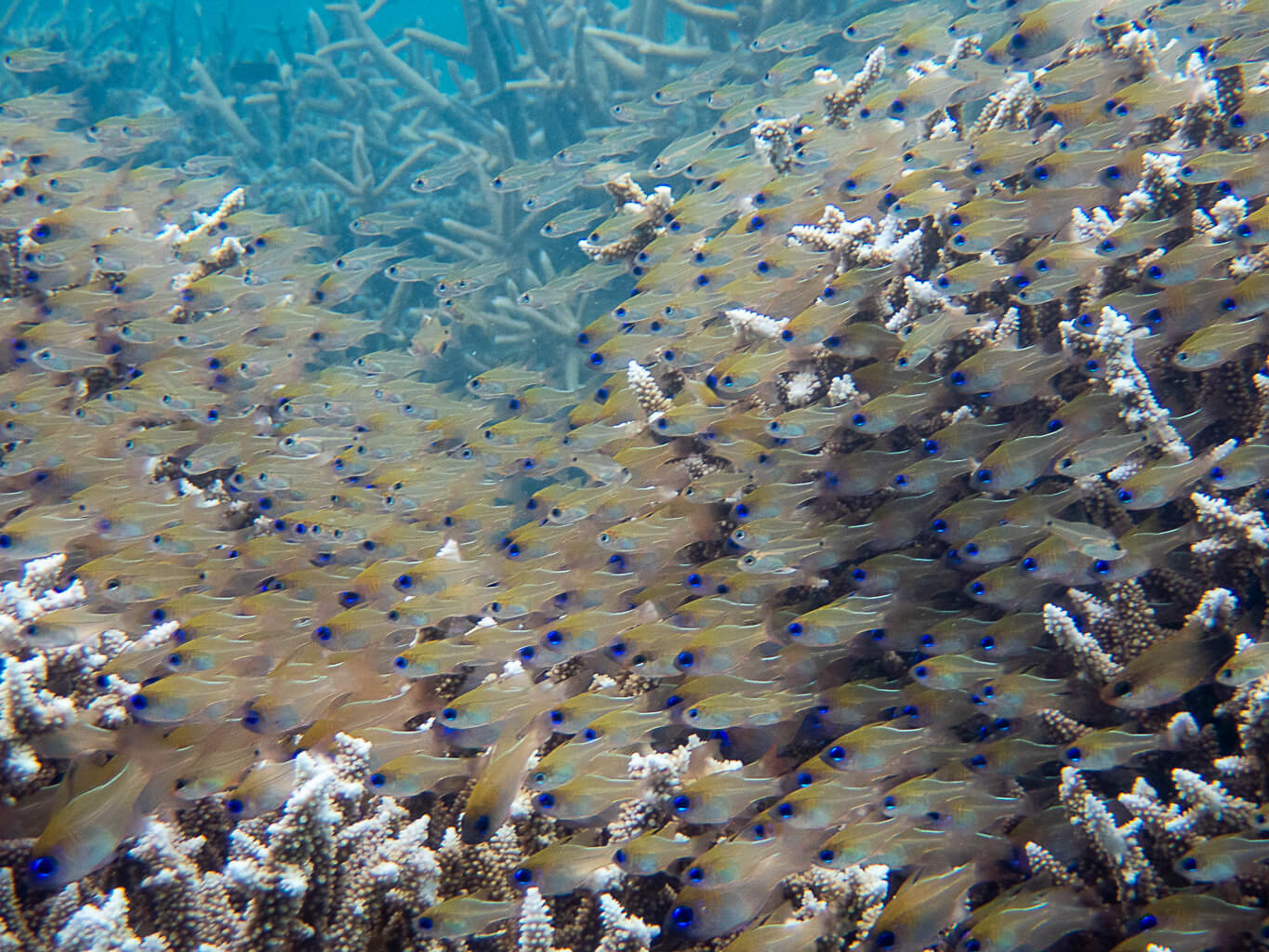
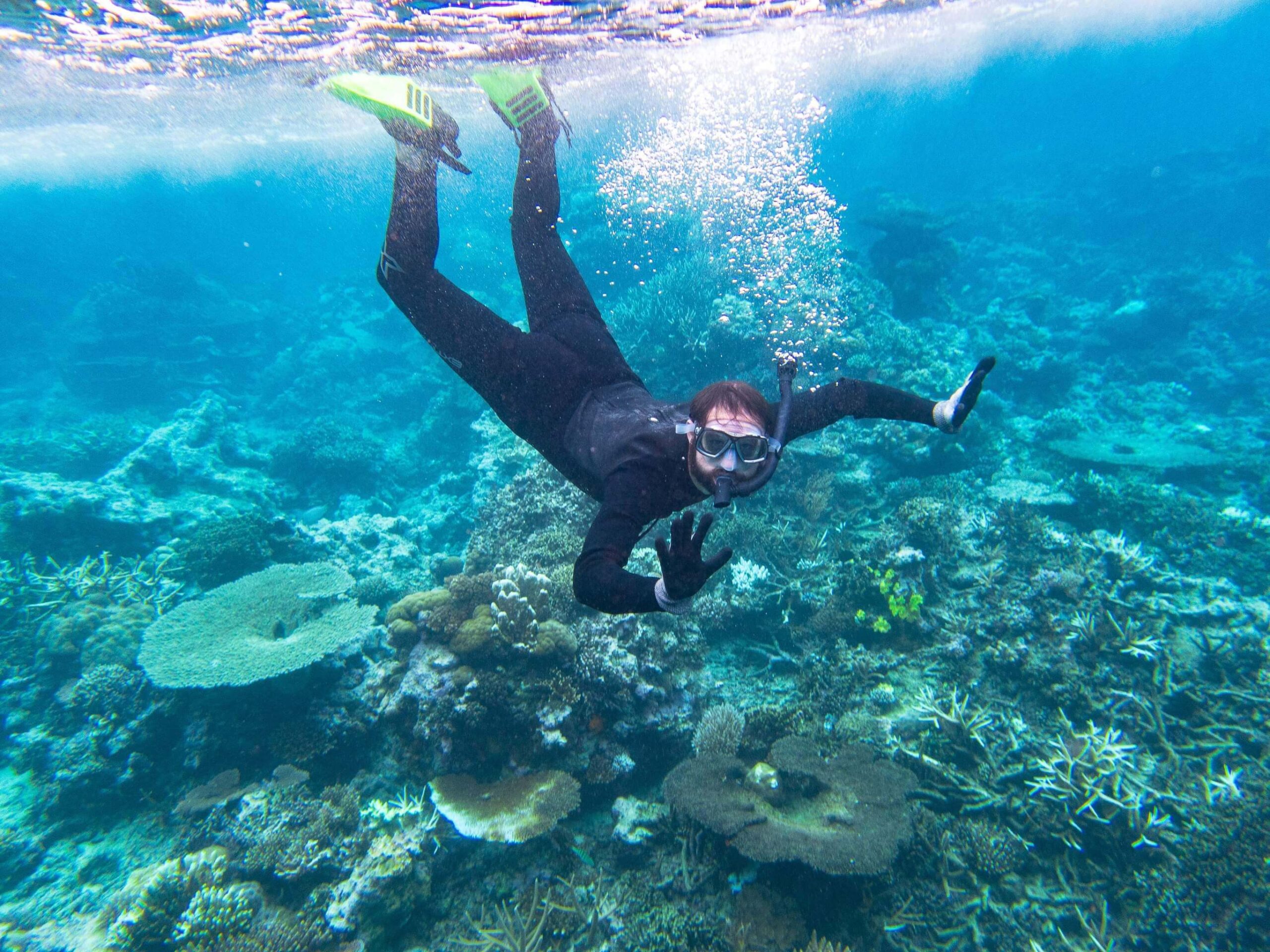
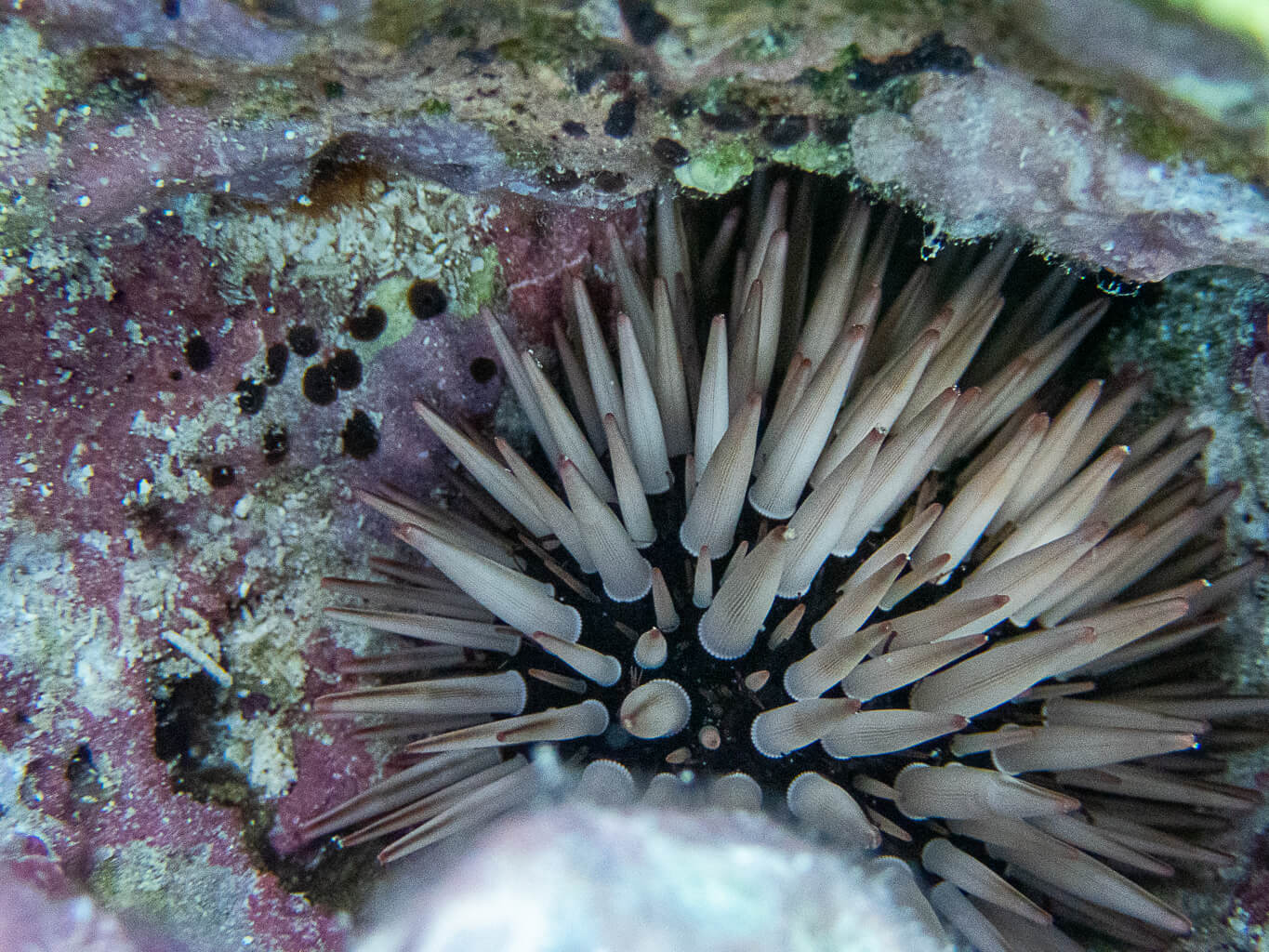
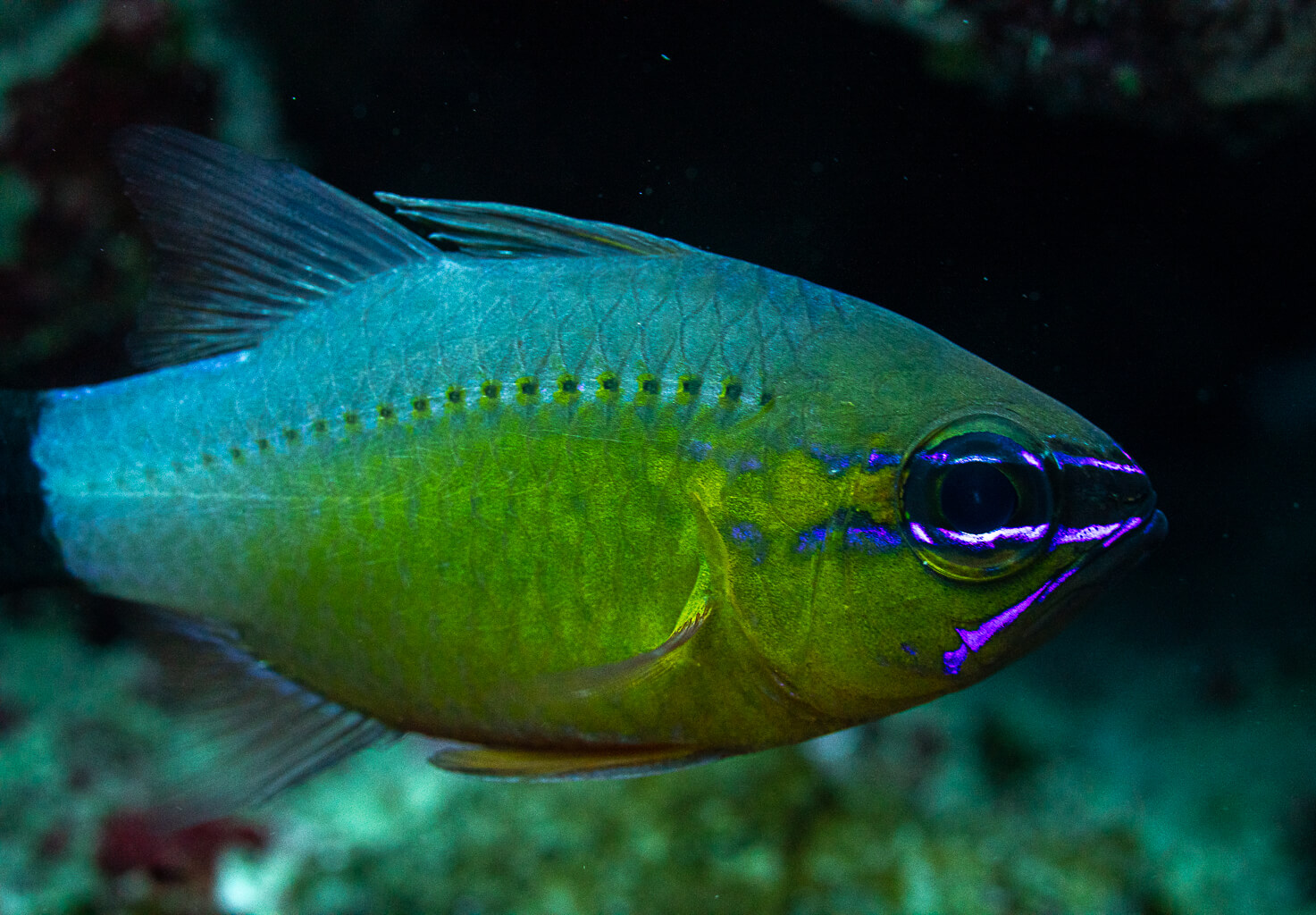
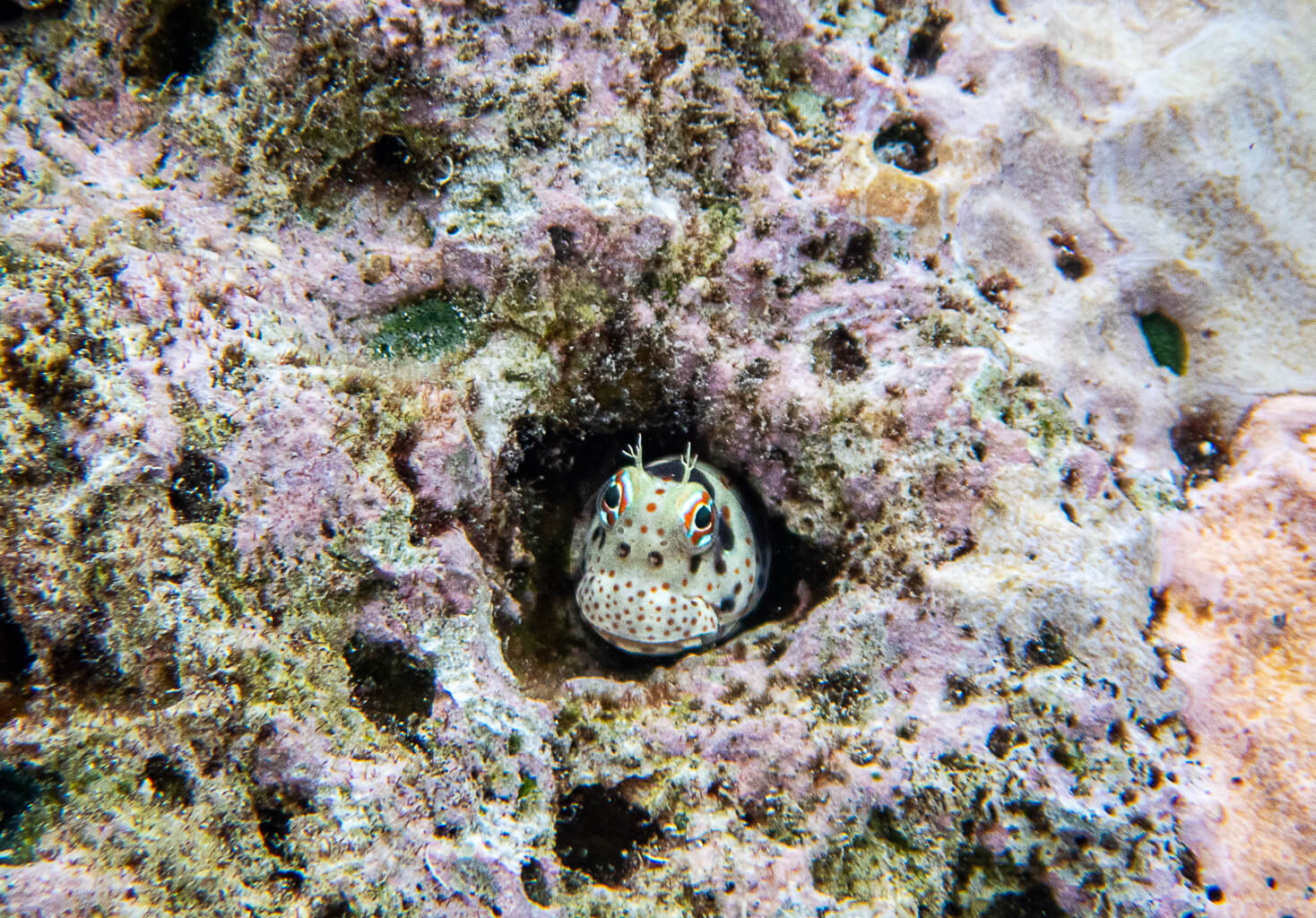

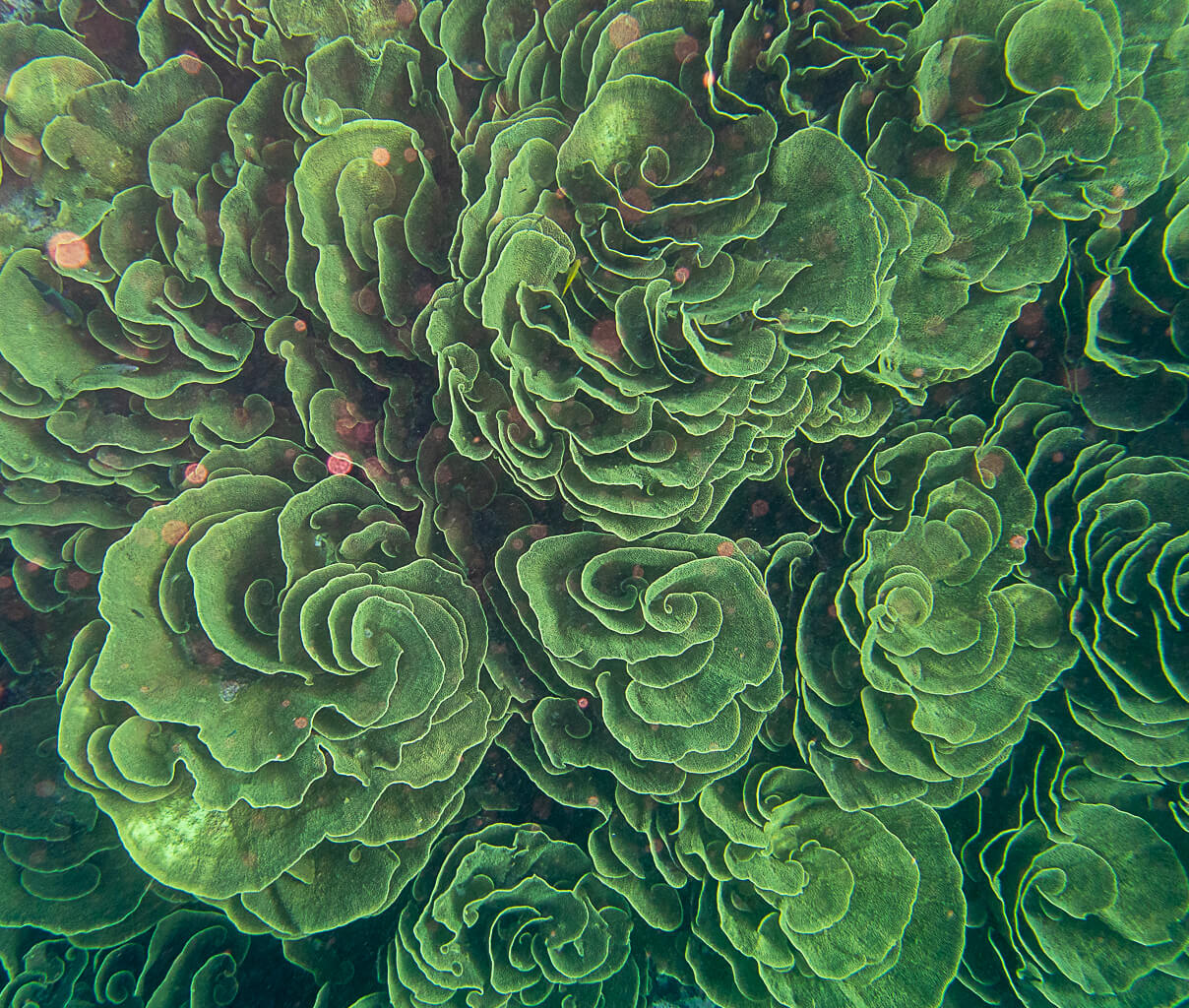
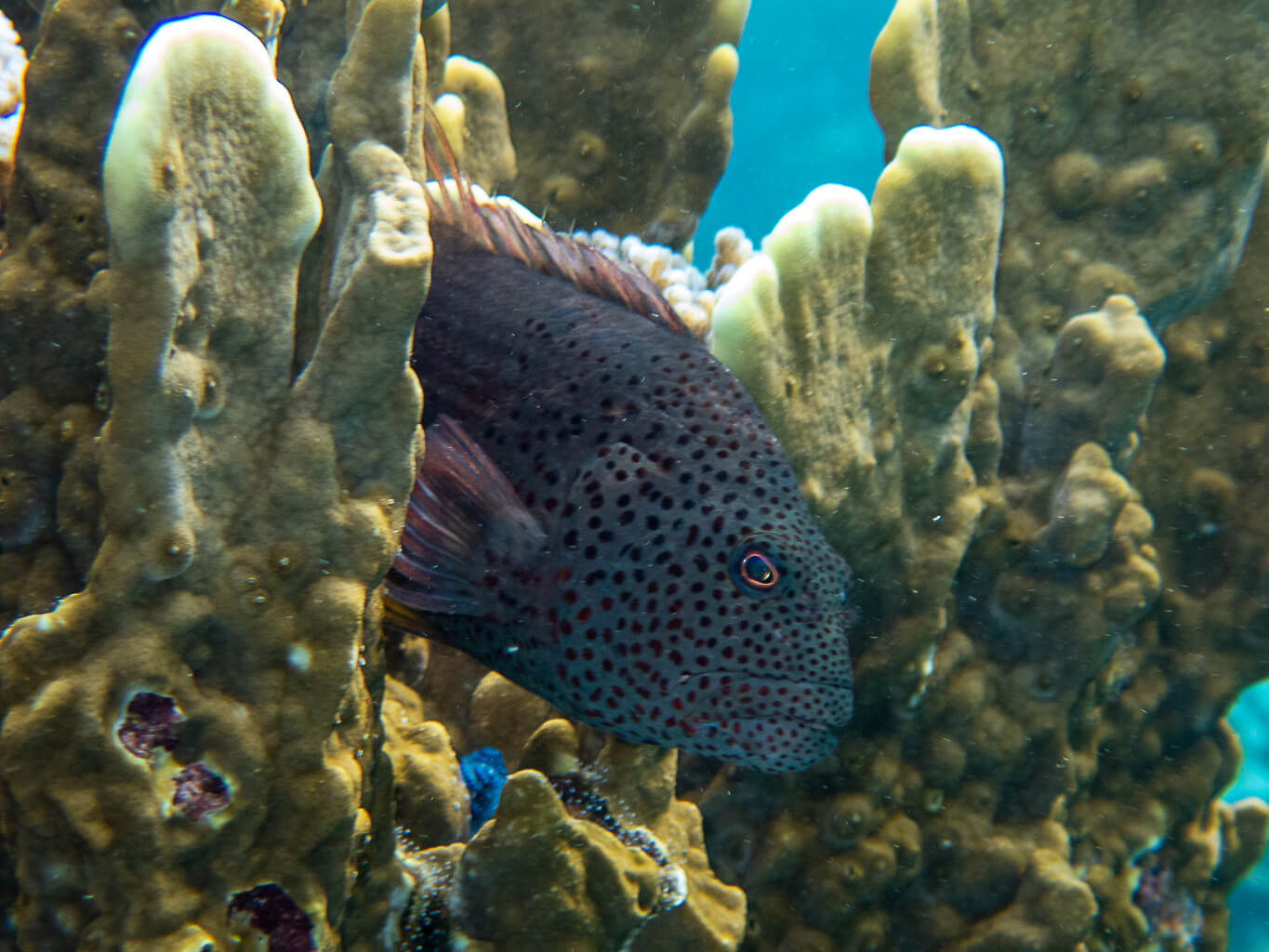
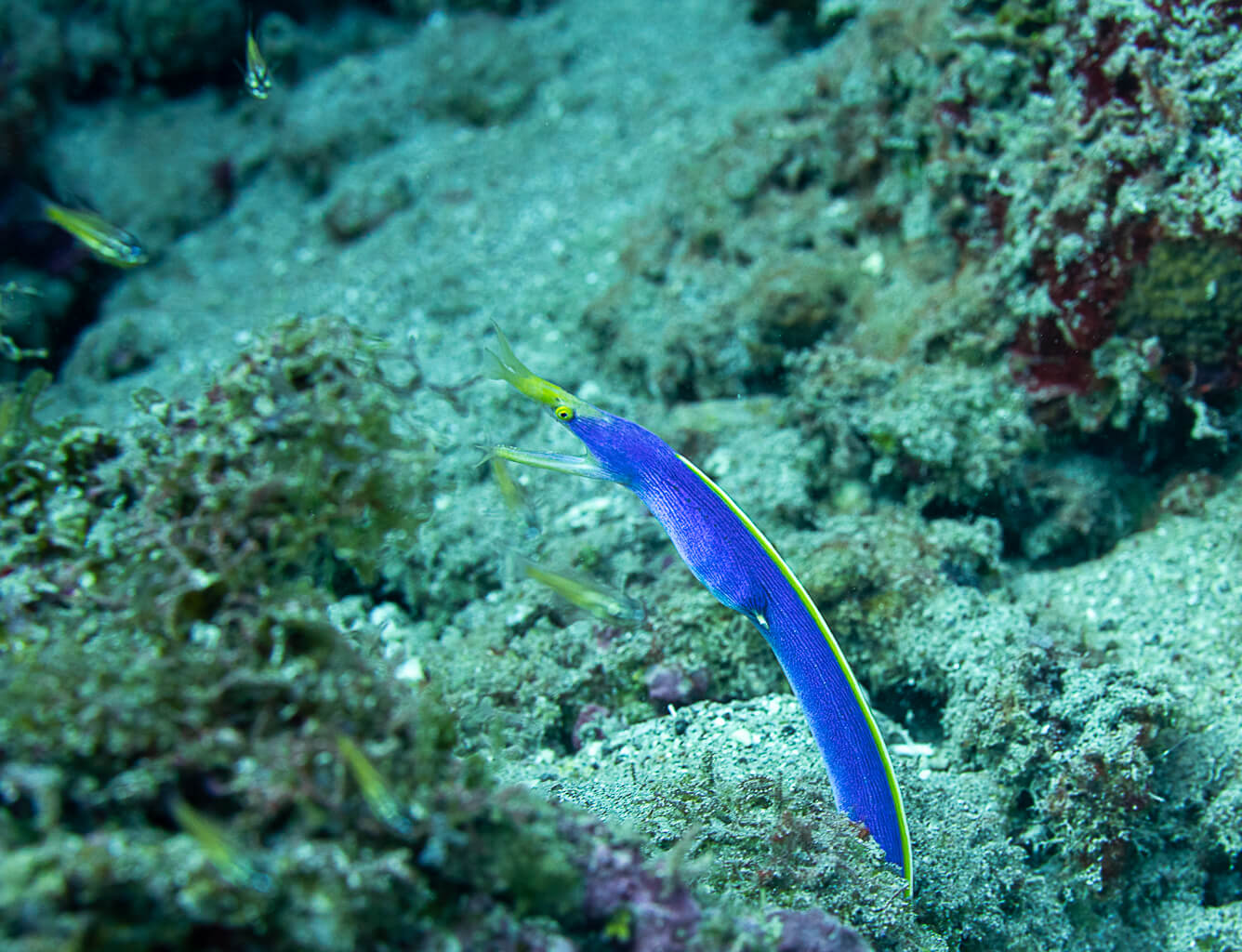
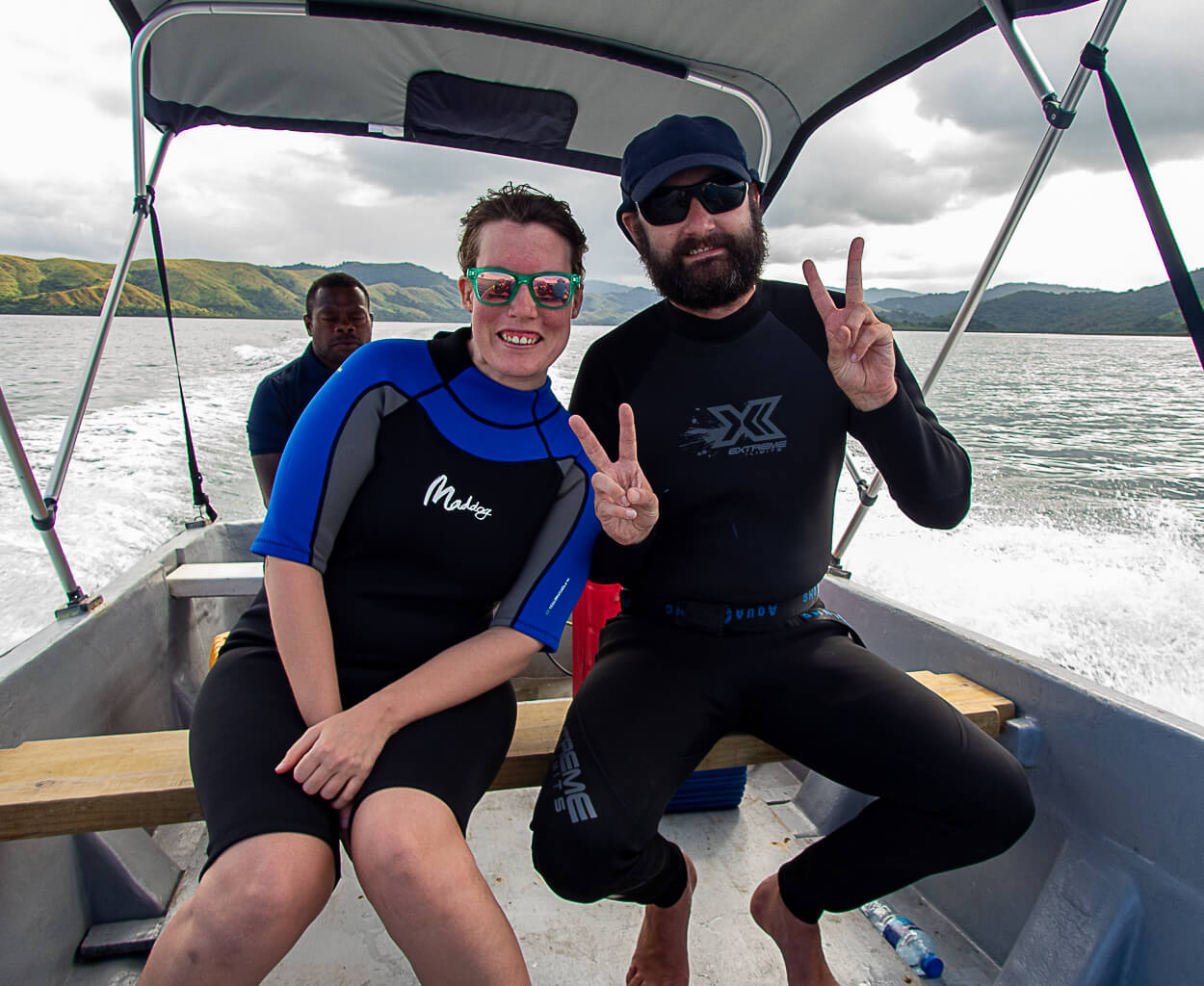


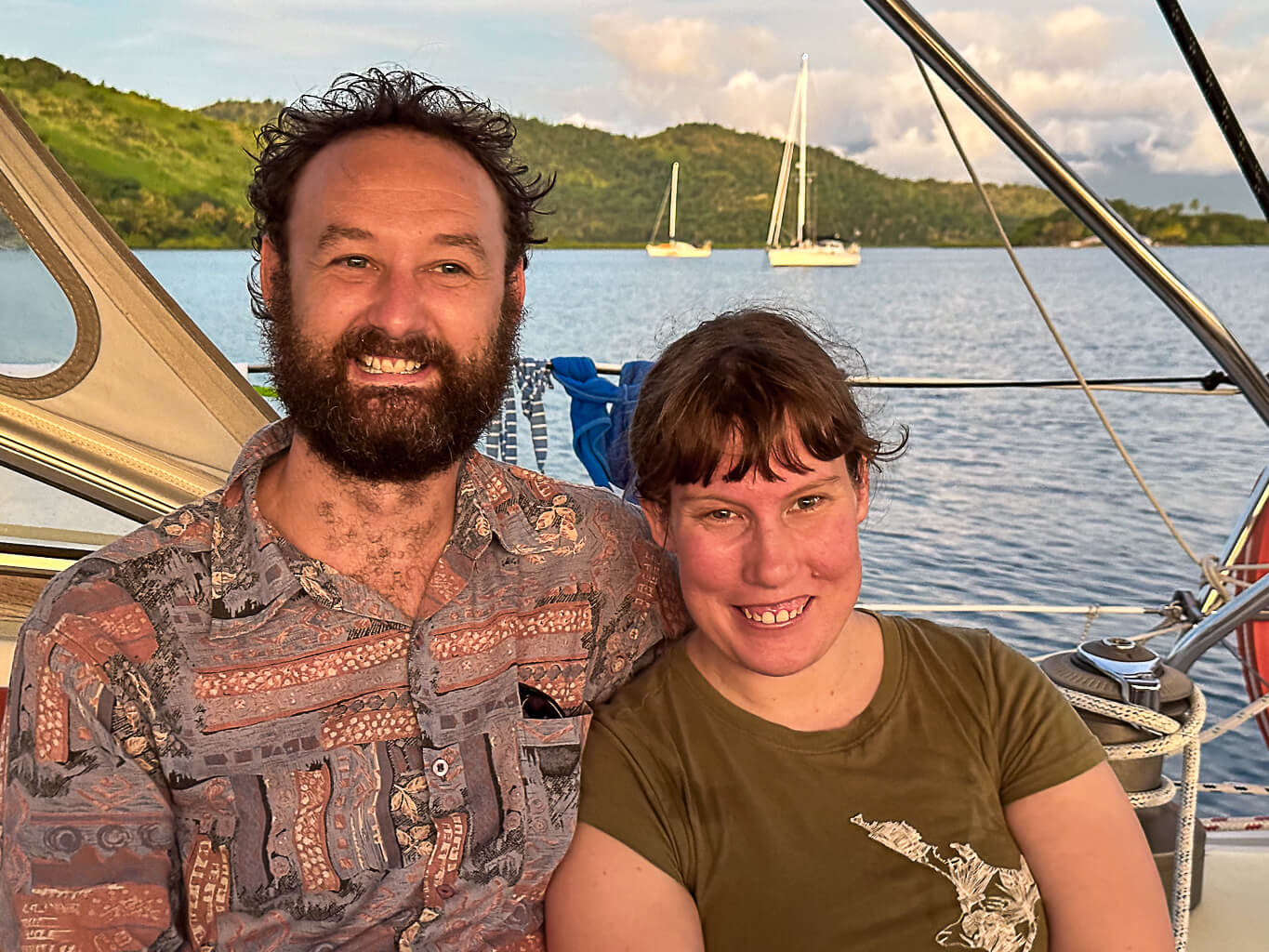
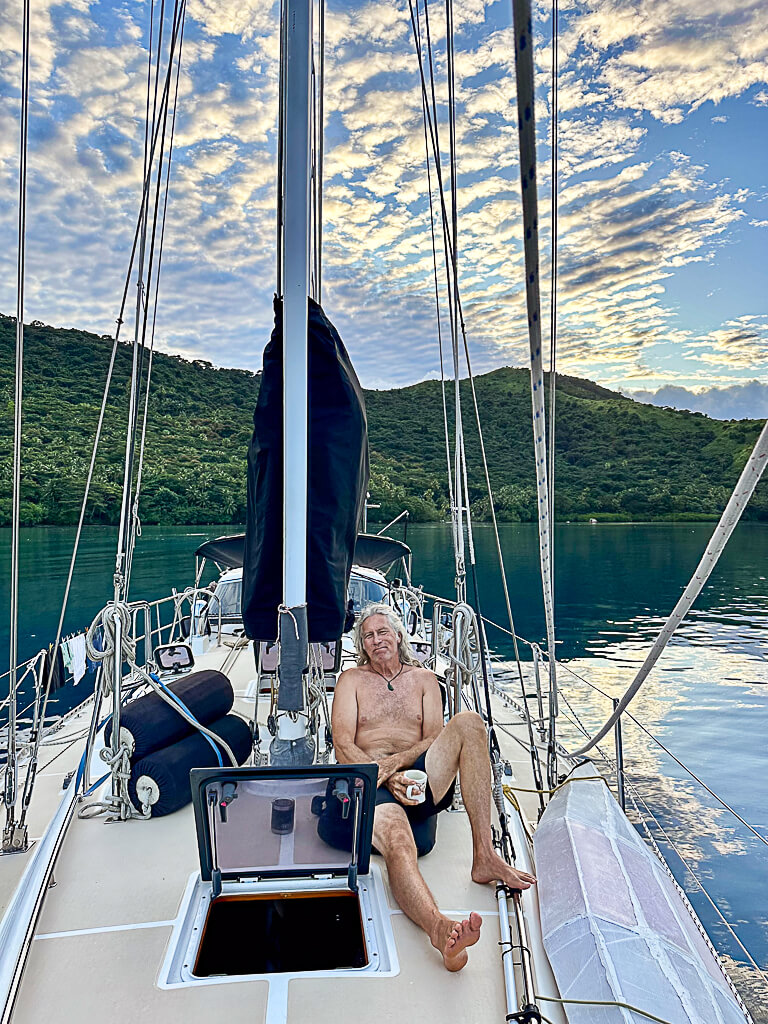
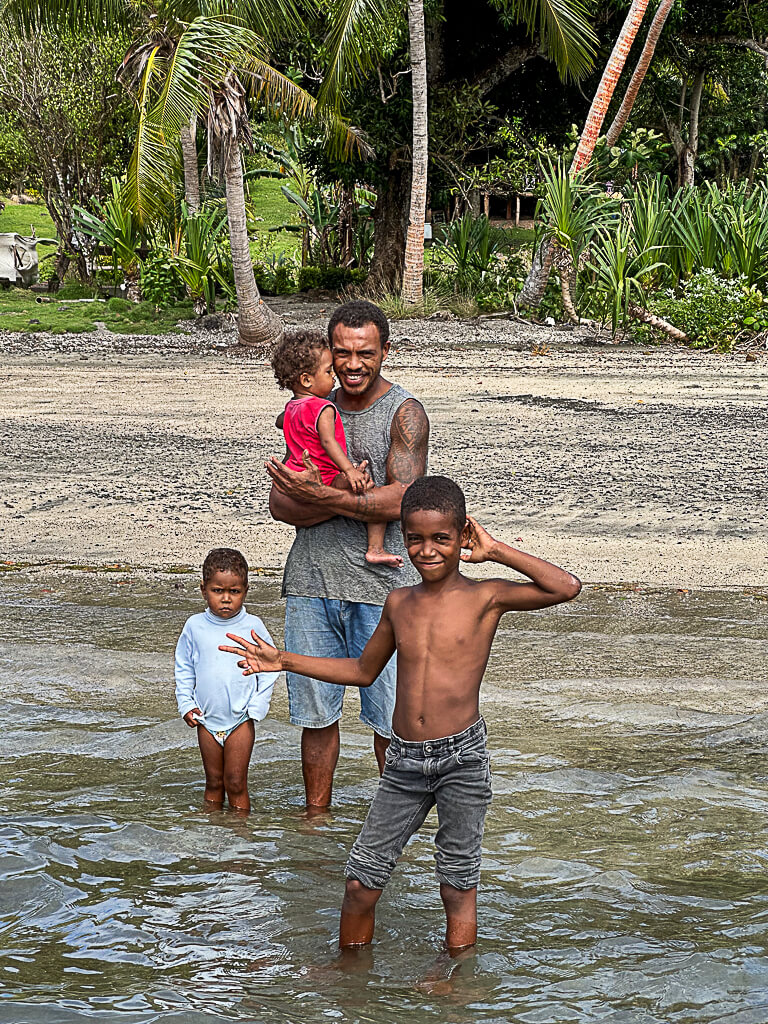


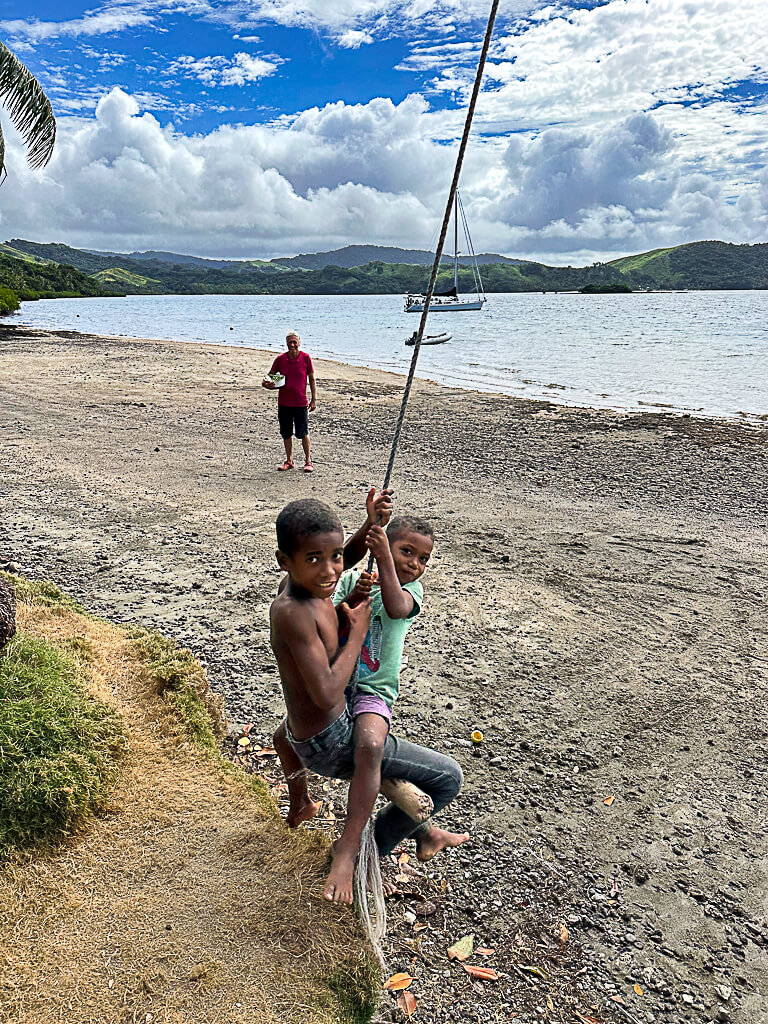
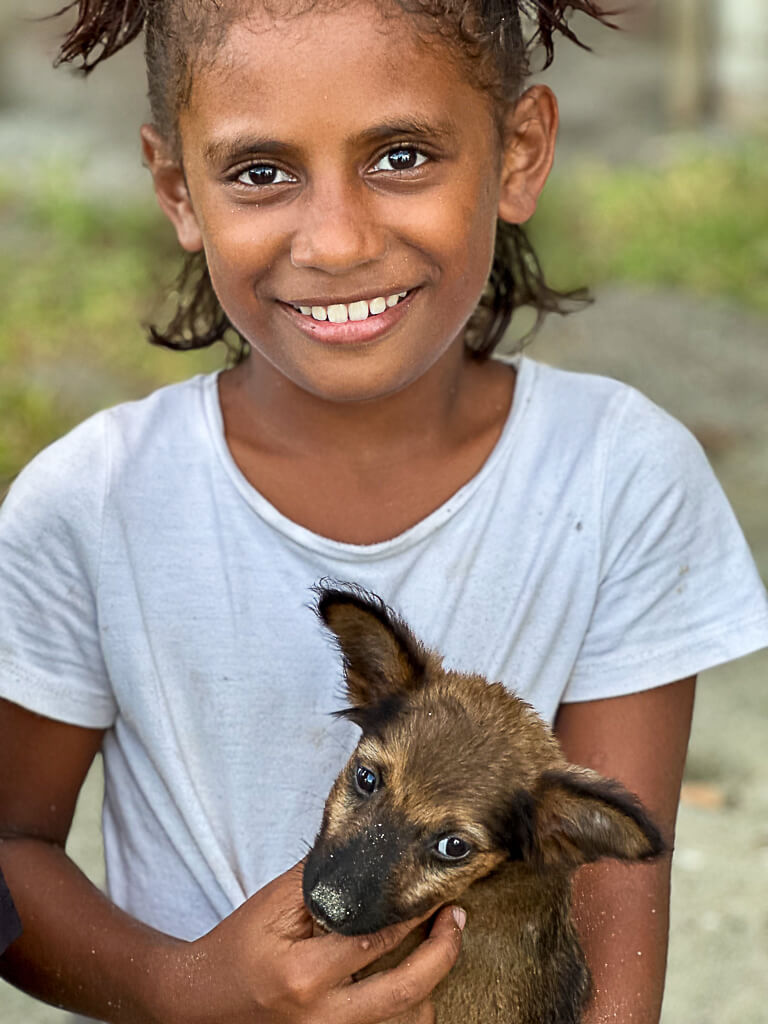
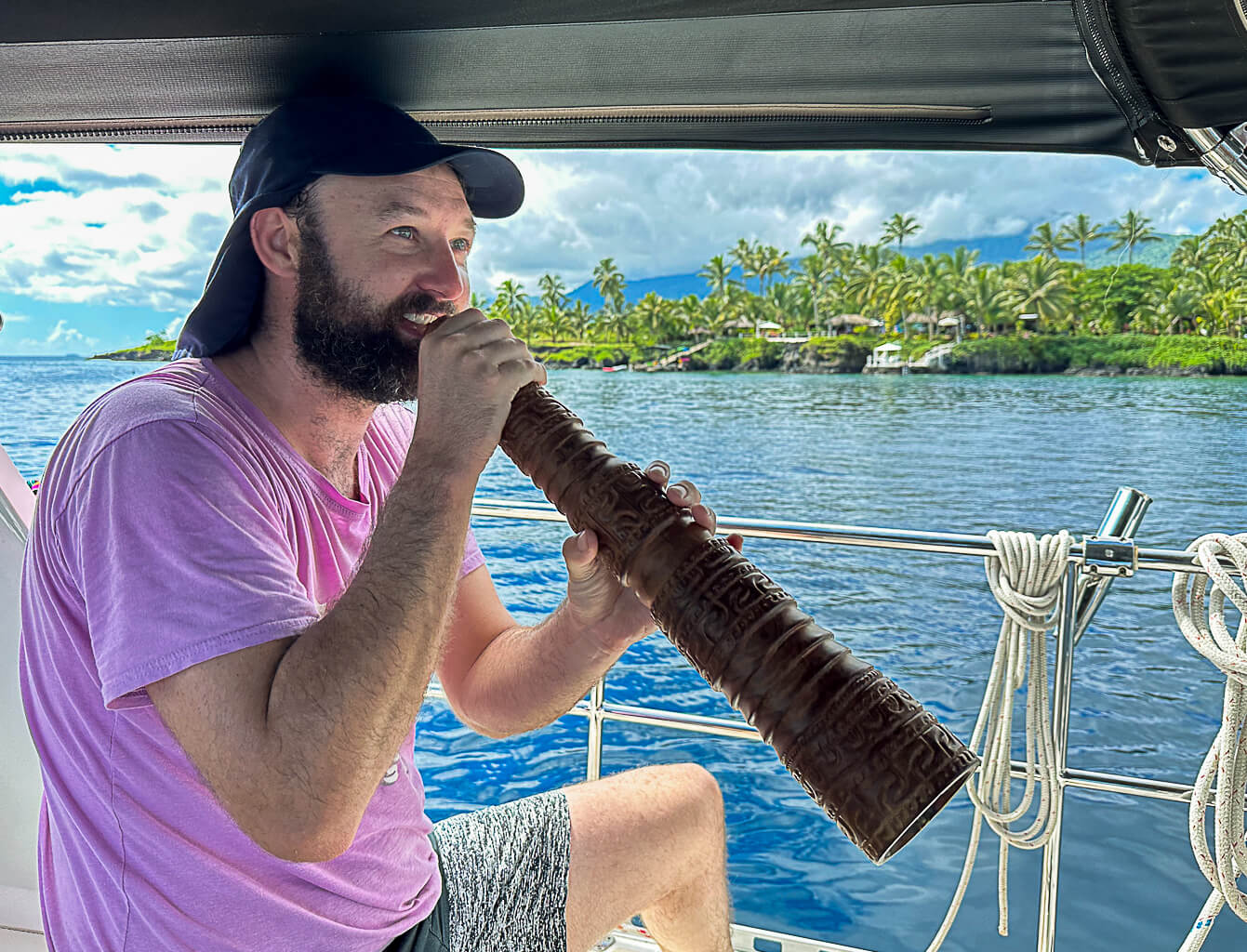
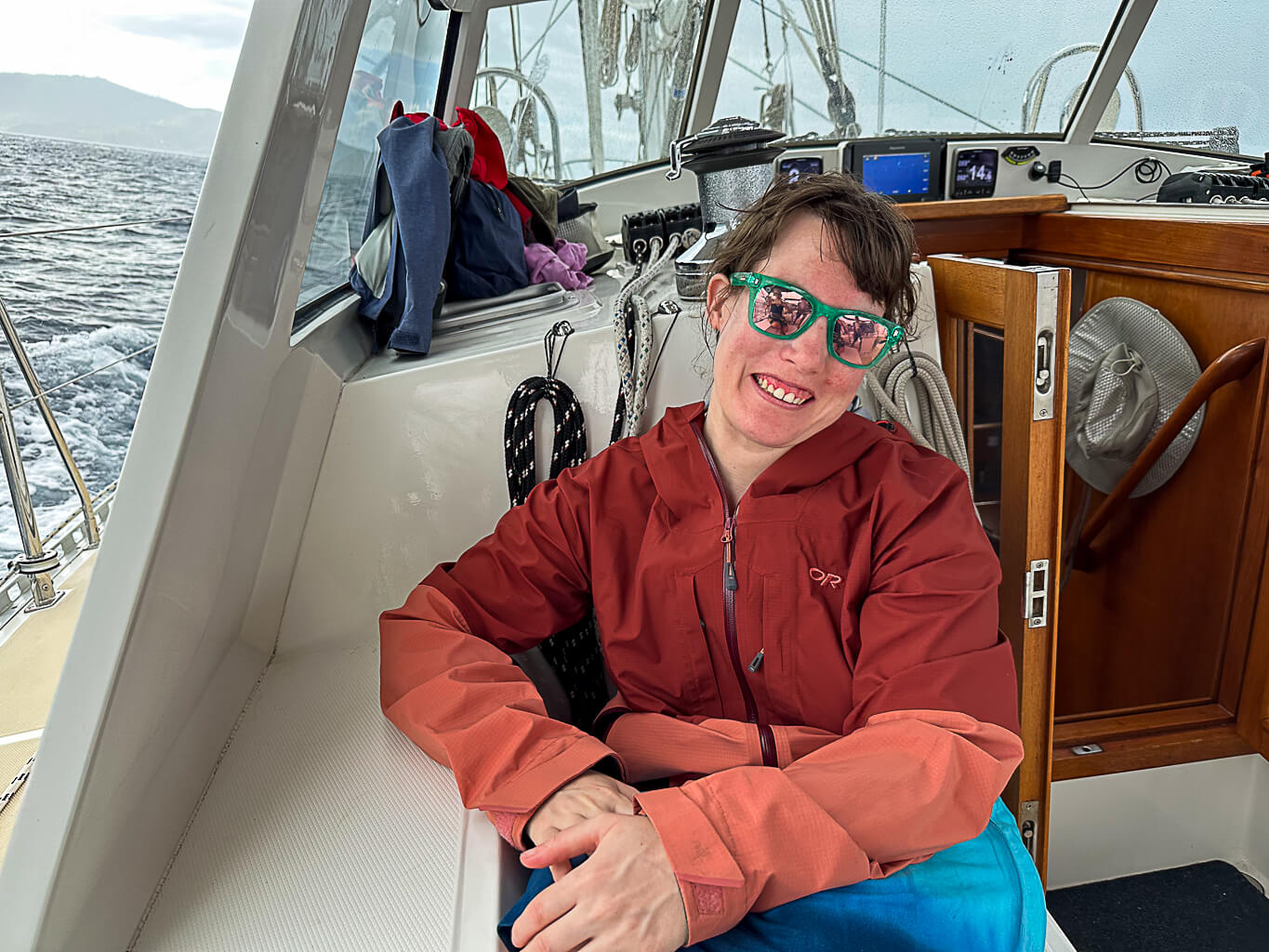
Haley and Liam tuck comfortably into life aboard Allora (Liam, knees slightly bent). Plans yield slowly to late mornings and less ambitious days. Scuba to snorkeling. Rainbow Reef in Viani Bay slips in and out of sun, turtles, schools of shimmering reef fish, clown fish in the anemone, moray eels, turtles, the odd Whitetip reef shark, luminous damsel fish and blue stars. Kids swim out from the beach for a visit, photo ops diving from the swim step. ~MS



At the turnoff to the natural waterslide where the taxi drops us is Taveuni’s prison set on a the green hillside, palm trees and a view, orange clad inmates wave Bula, Bula! The guidebook suggests that if locals are not using the slide, the water may be too high from rain to be safe. It doesn’t say anything about what it indicates that the locals are riding the slide on foot and doing flips into the pools. We were happy for Liam to go first, and appreciated the tips about hidden rocks along the fast and sometimes painful ride. ~MS
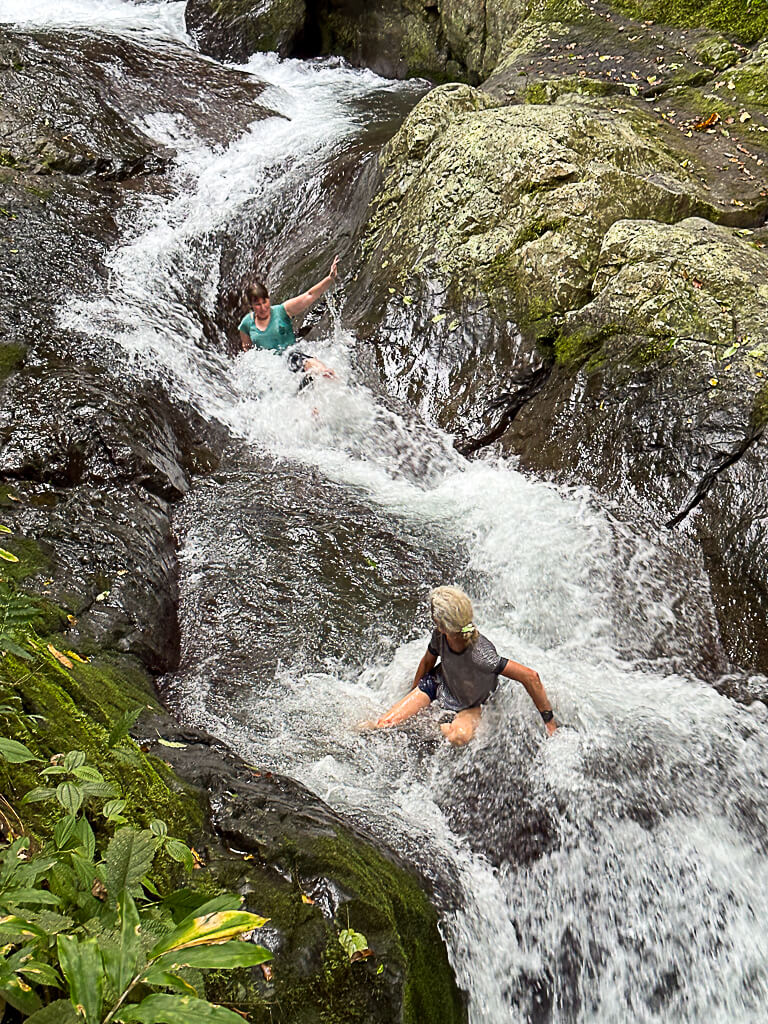
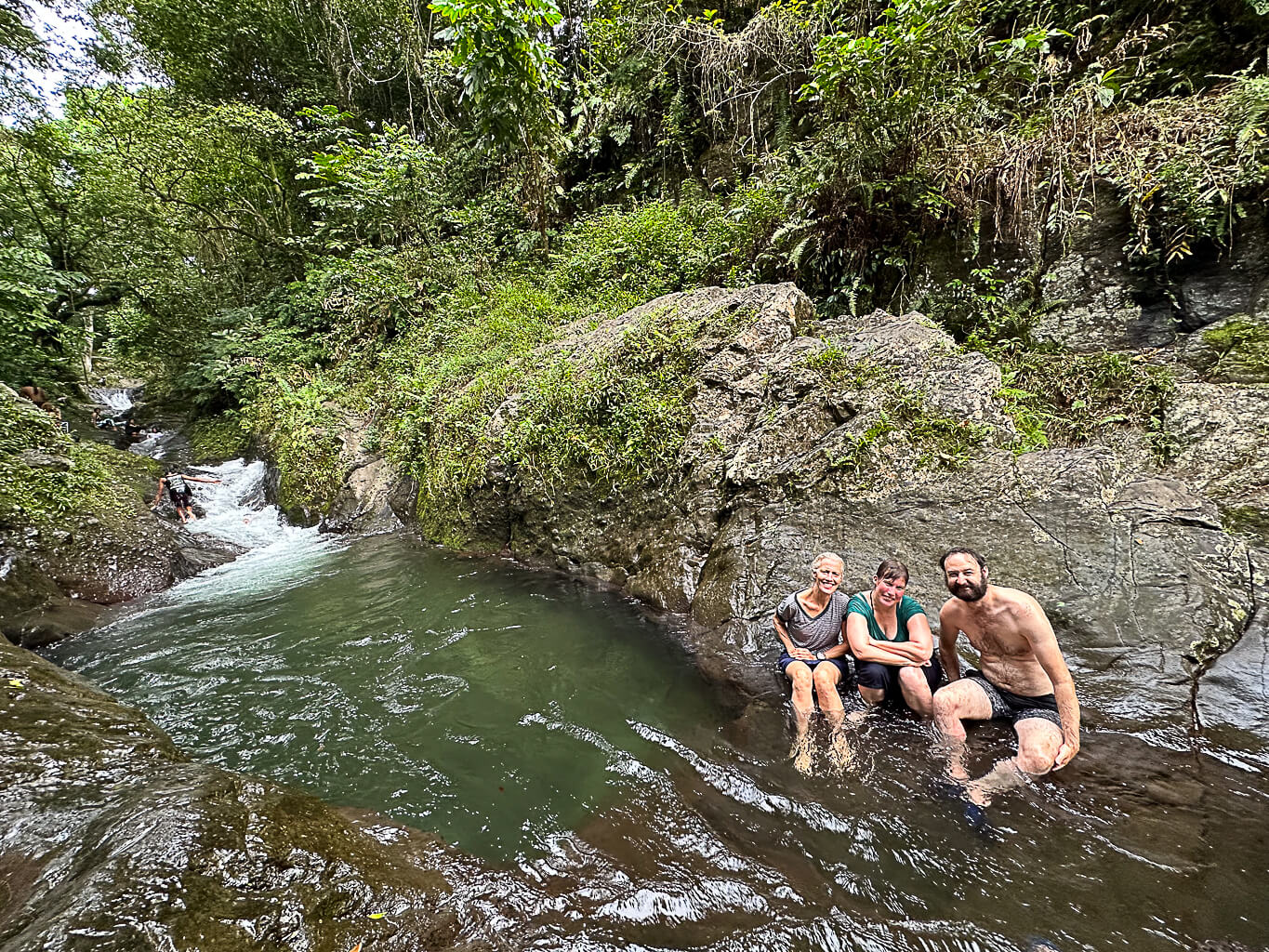
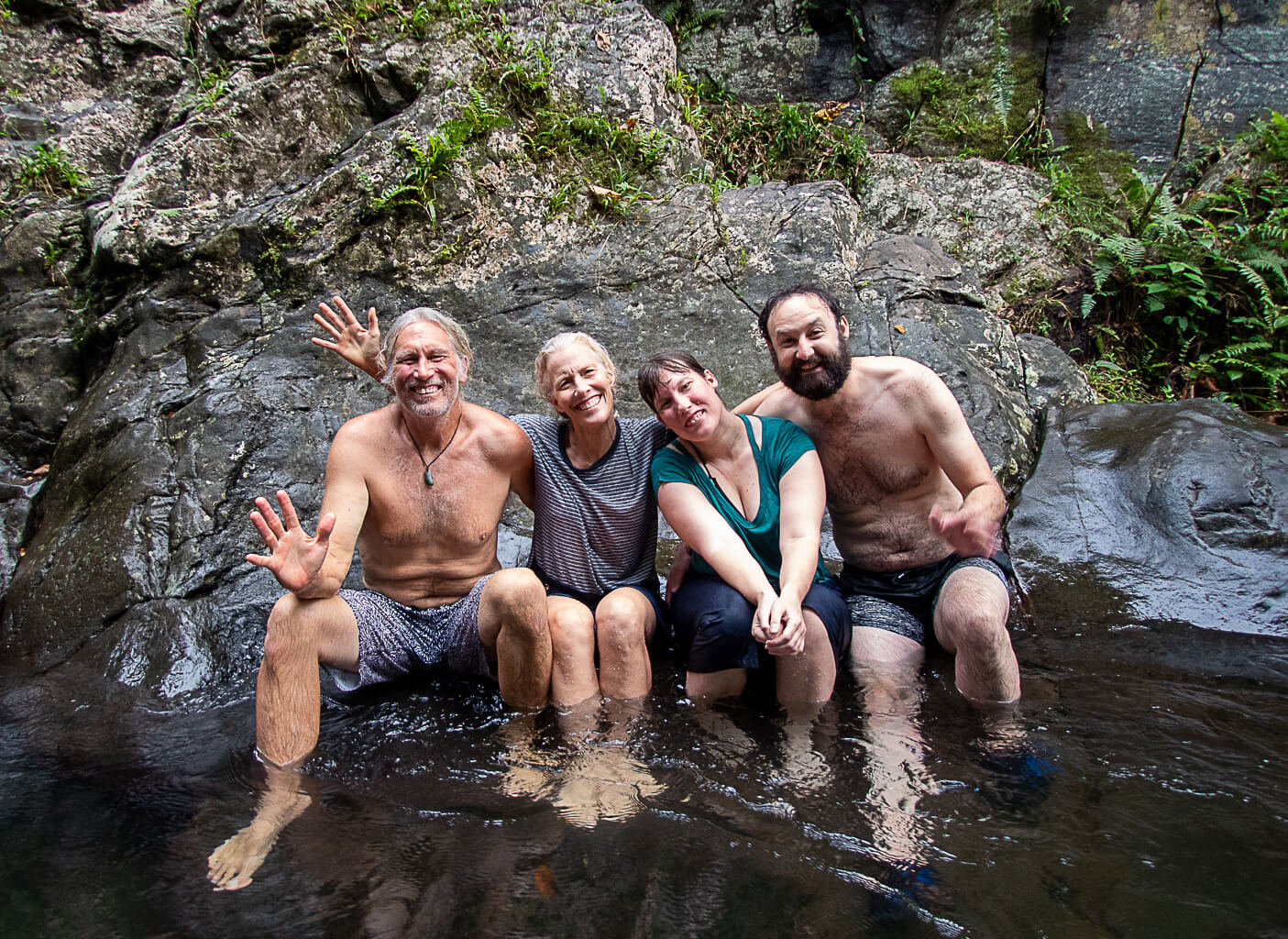
Farkle games at night reminded us of days in New Zealand when we lived in the same town. Casual dinners, walks without destinations. Just being in the same place without plans is the best part, rain or shine. ~MS

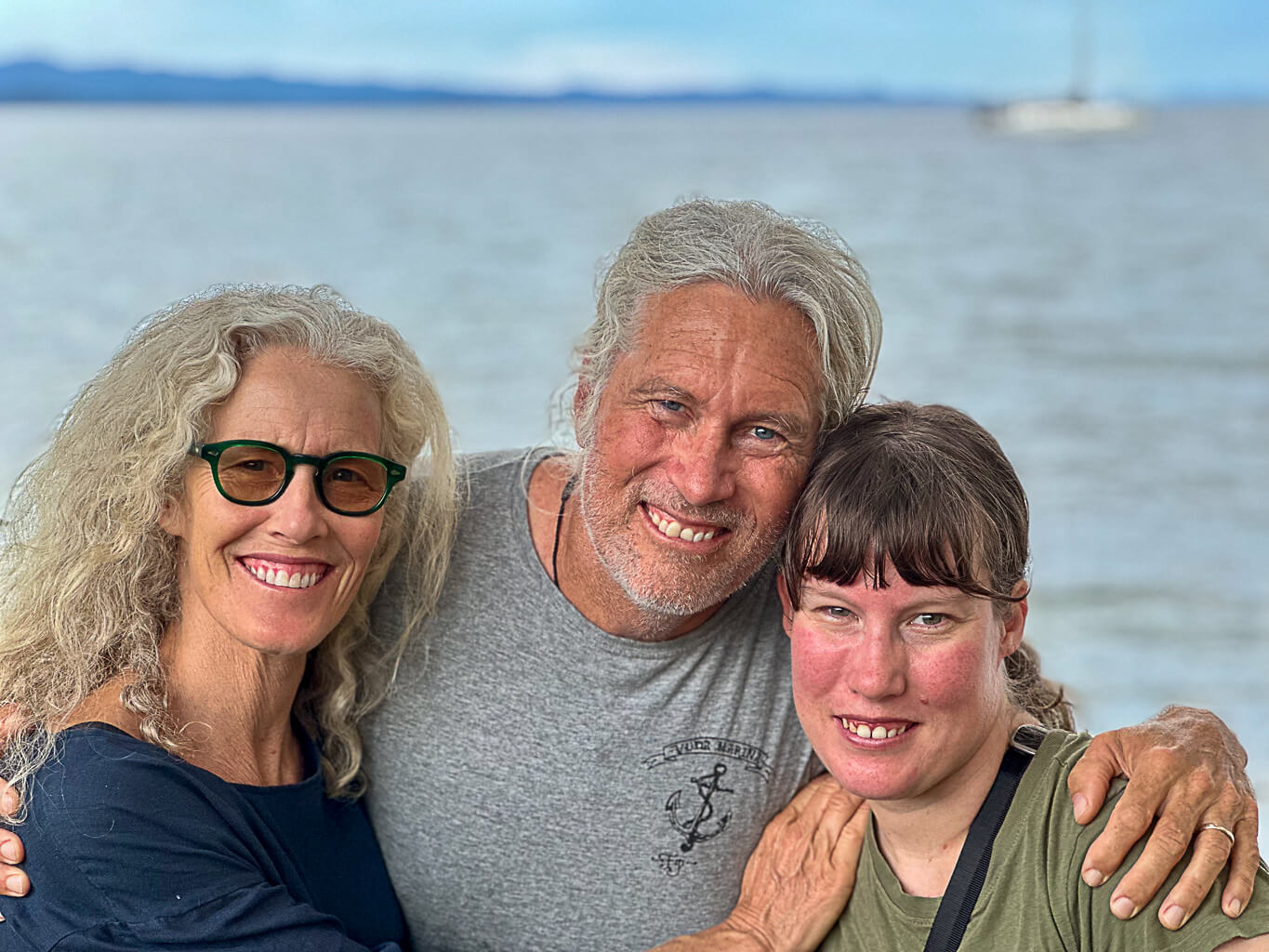
Each visit from friends and family has a certain ‘flavor’ and when Haley and Liam are aboard, it’s about EASE. They are gracious and lighthearted, generous and fun. We have a sense that we can just BE without fuss – and these days, I especially appreciate that important lesson. ‘Vinaka vakalevu’ for the inspiration, you two! And for creating the space in your lives to make the trip! ~DS
Bula once more, Fiji!
By some painful and myseterious black magic— 12 hours in a tired old Fiji Airways Airbus bulkhead with unhappy, uncomfortable young travelers and a collapsing arm rest video unit that nearly took out Diana’s shin… somehow… we managed to atomically deconstruct our sense of self… and transport and reconstruct ourselves in a multiverse, far far away from the frozen white cornucopia of Bozeman, Montana, USA… Fiji where it’s GREEN, suddenly 90 percent humidity and 89 degrees F (something like 32 C for those so inclined). No way to describe the particular quality of sunsets here, unlike anything so far in the Pacific. Three weeks of relentless job lists, commiserating with our fellow sailors all struggling to resurrect our boats from their cyclone pits, reacquaint ourselves the preposterous, maddening and miraculous complexity of these beautiful beasts. Fix and clean more things than seems rational. We are finally ready to poke our nose back out into the whirl of troughs and reinforced trade winds and remember, we dearly hope… why we work so hard to sit at anchor, on our living lady Allora and dip a toe in this magical cerulean water.

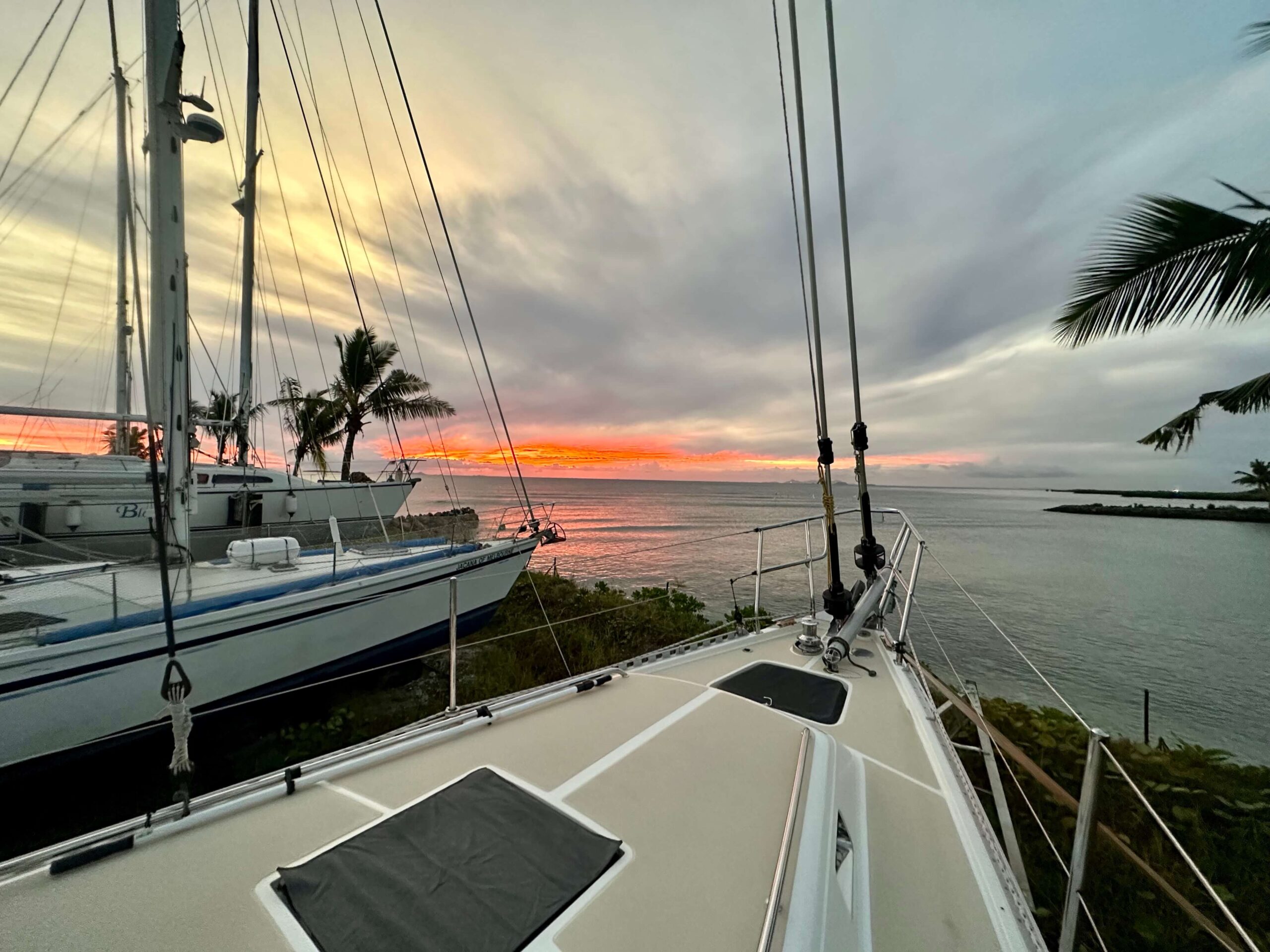
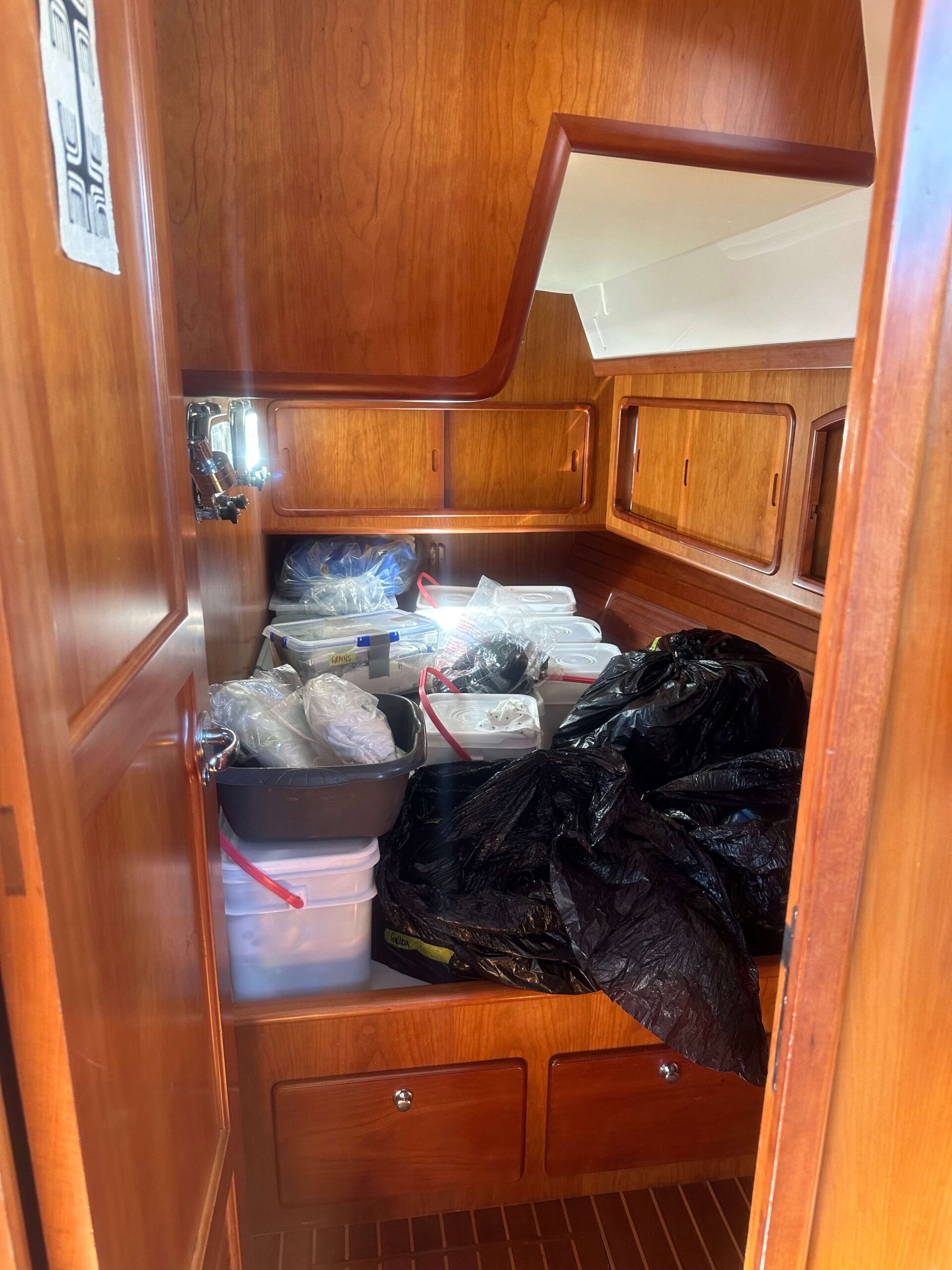
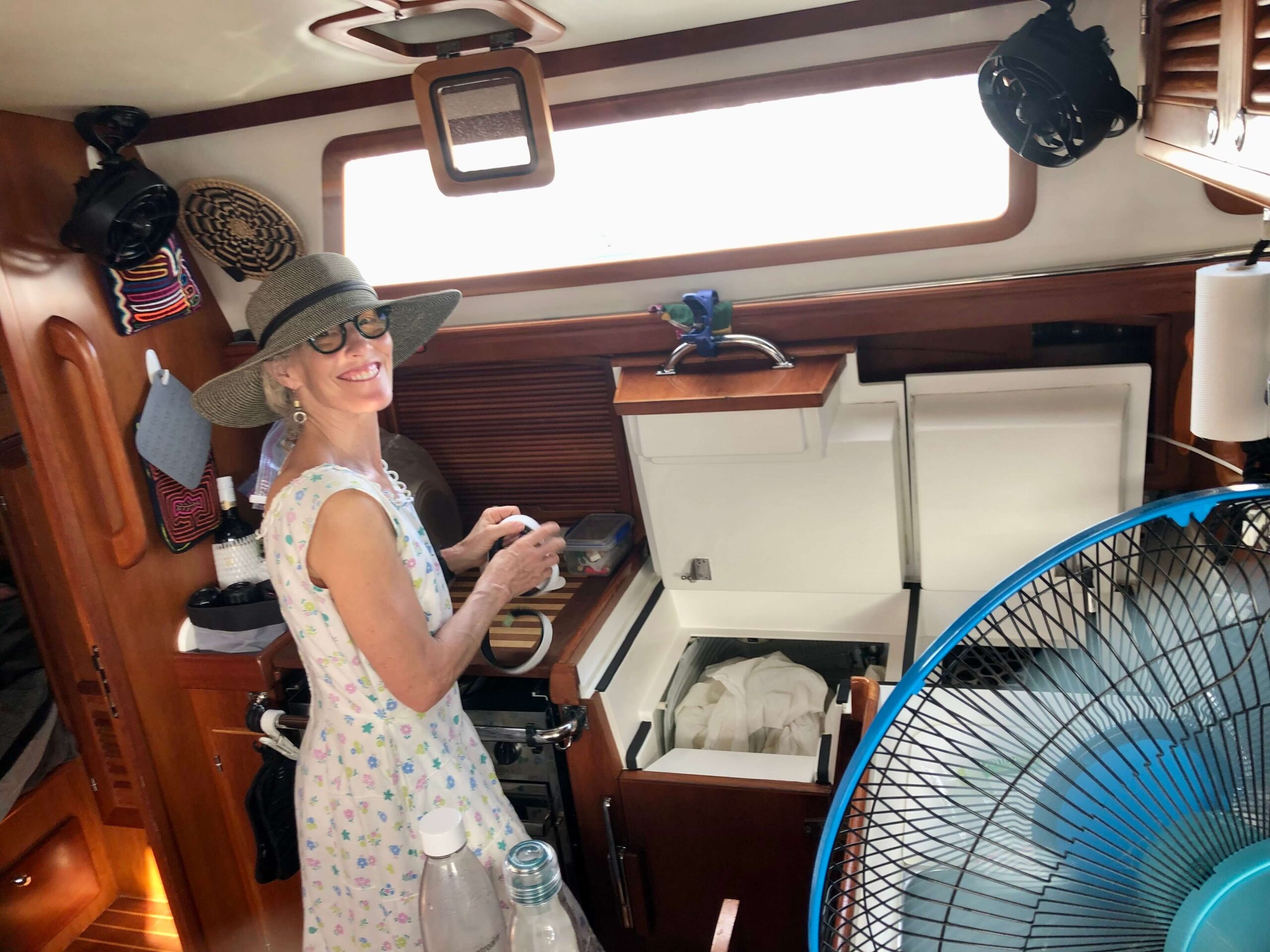
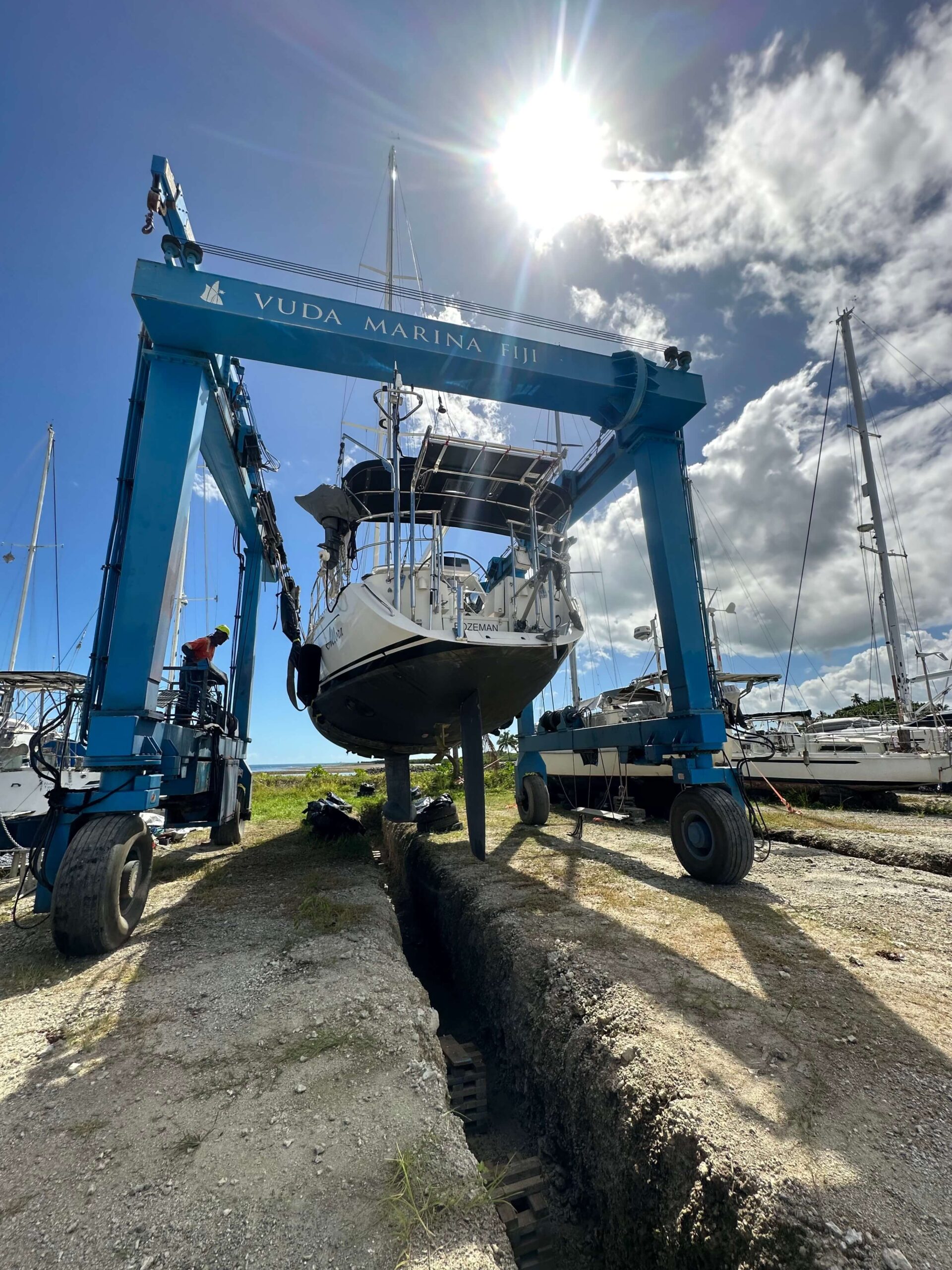



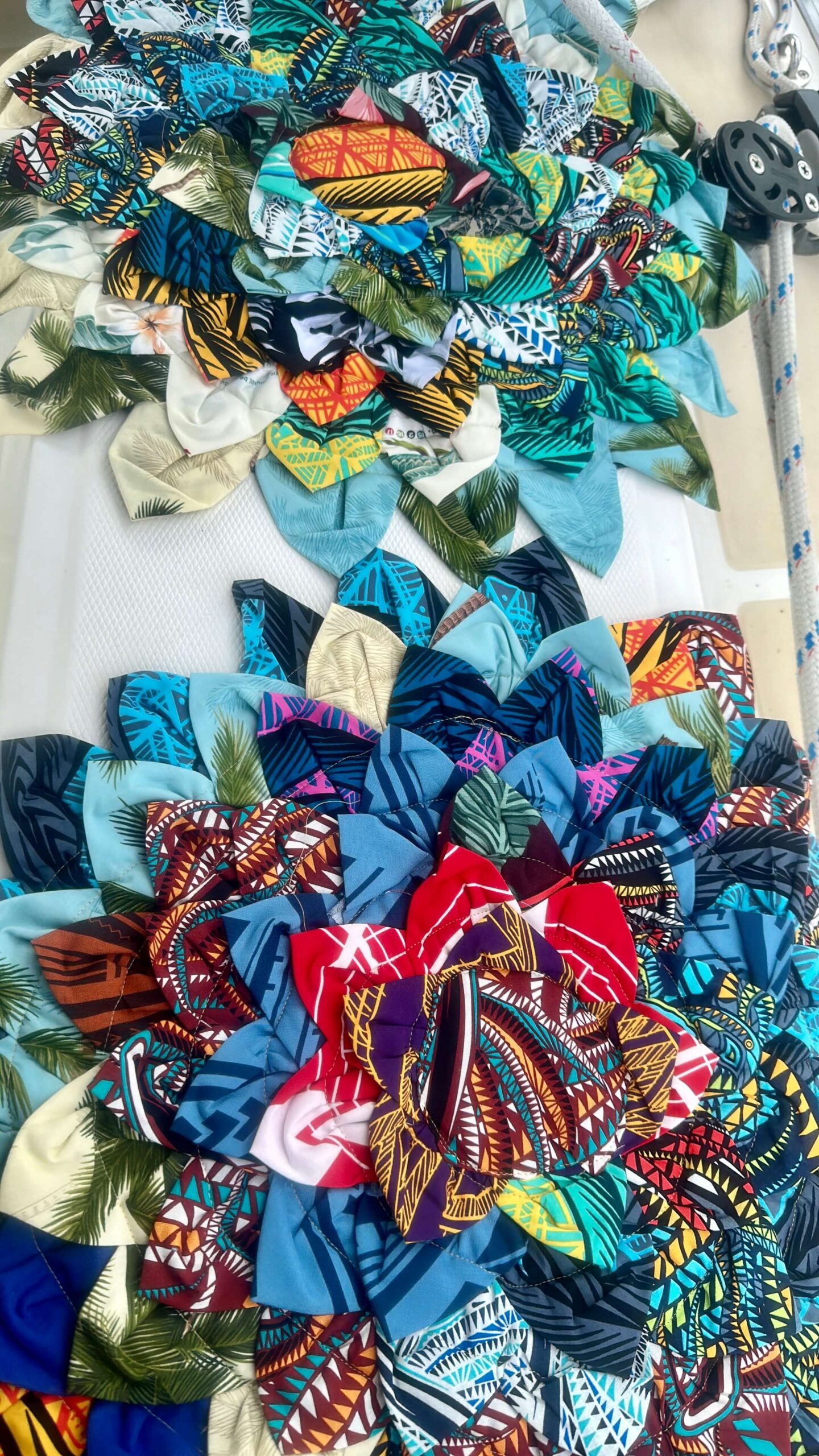
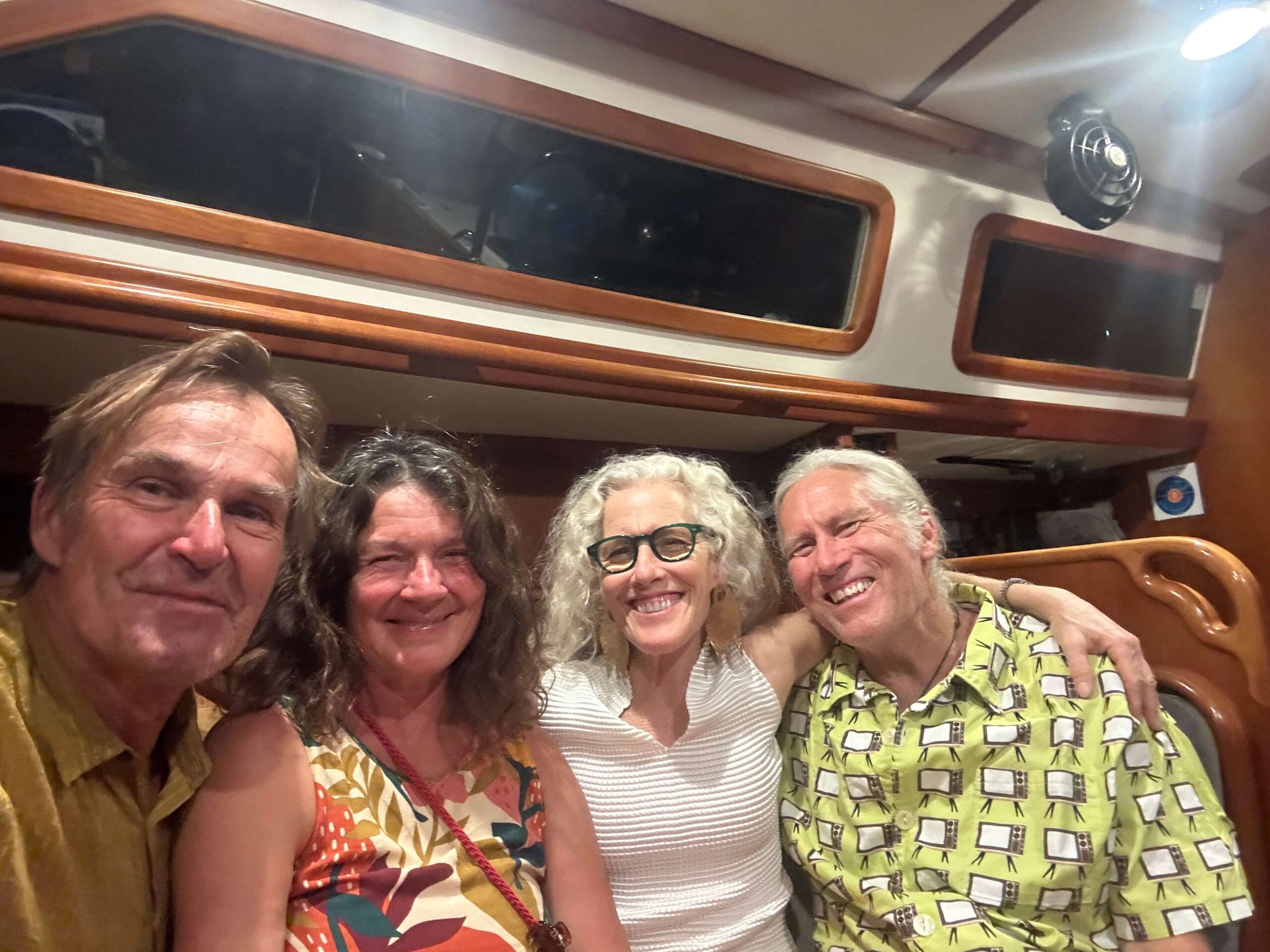
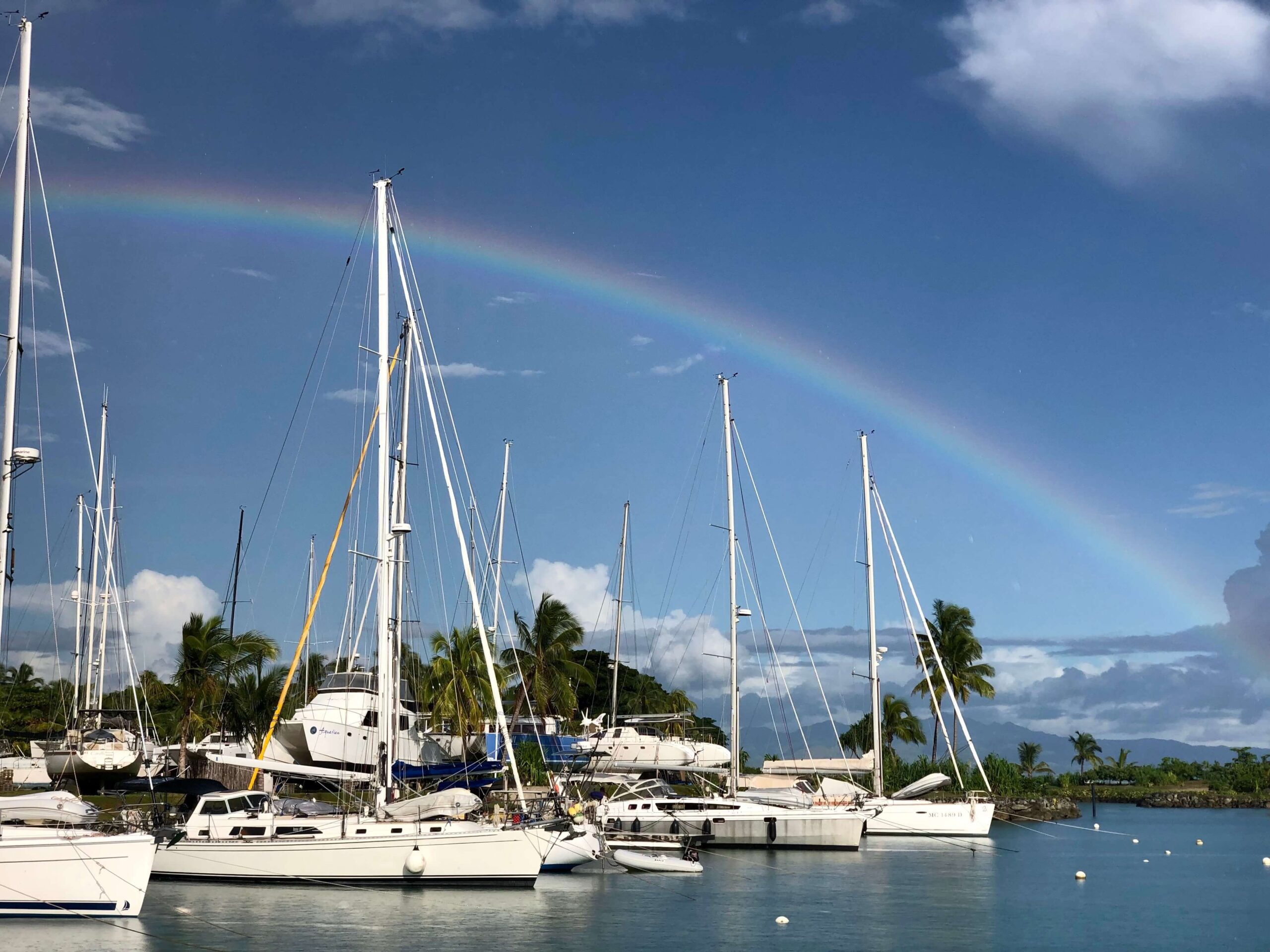
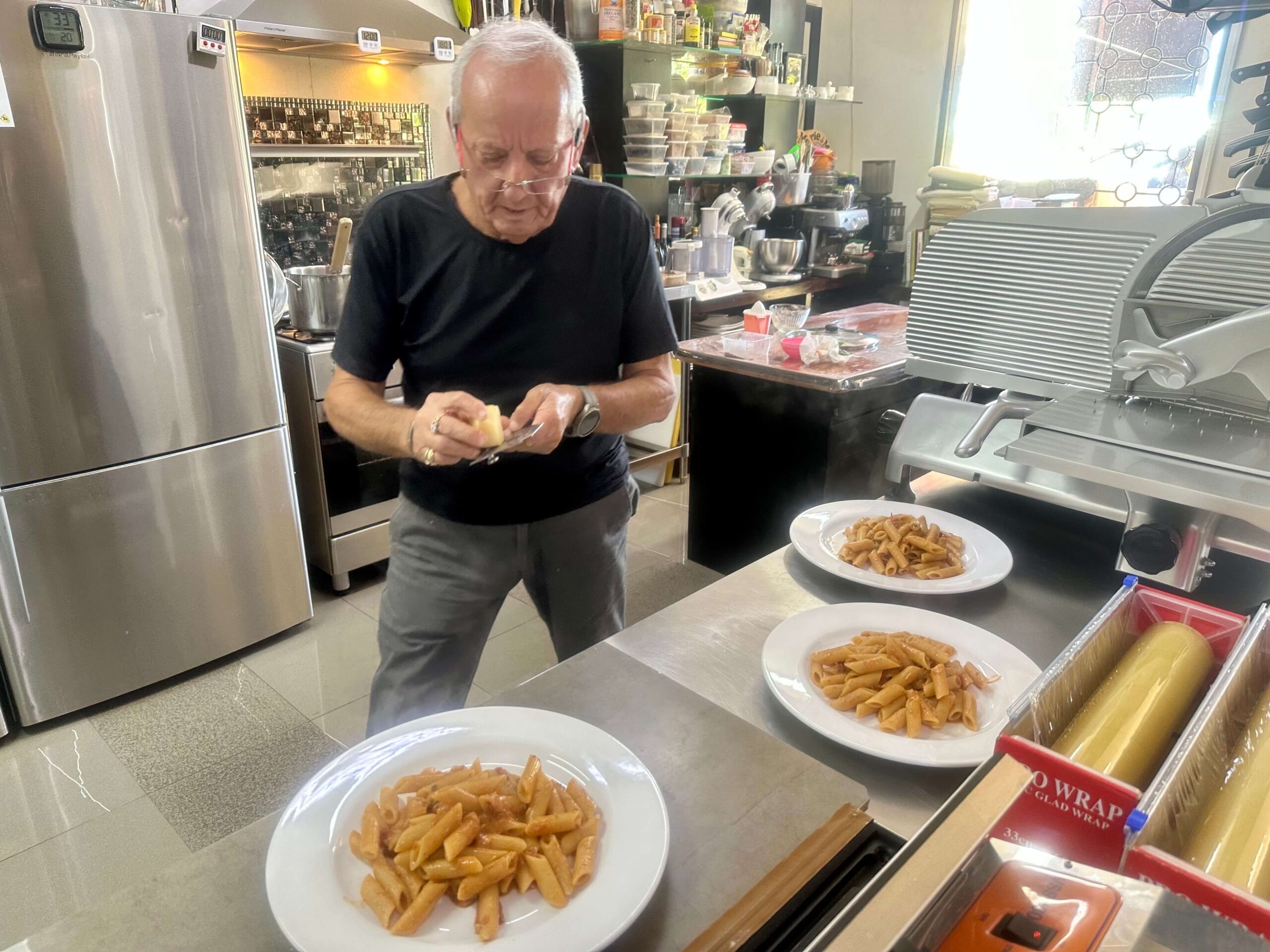

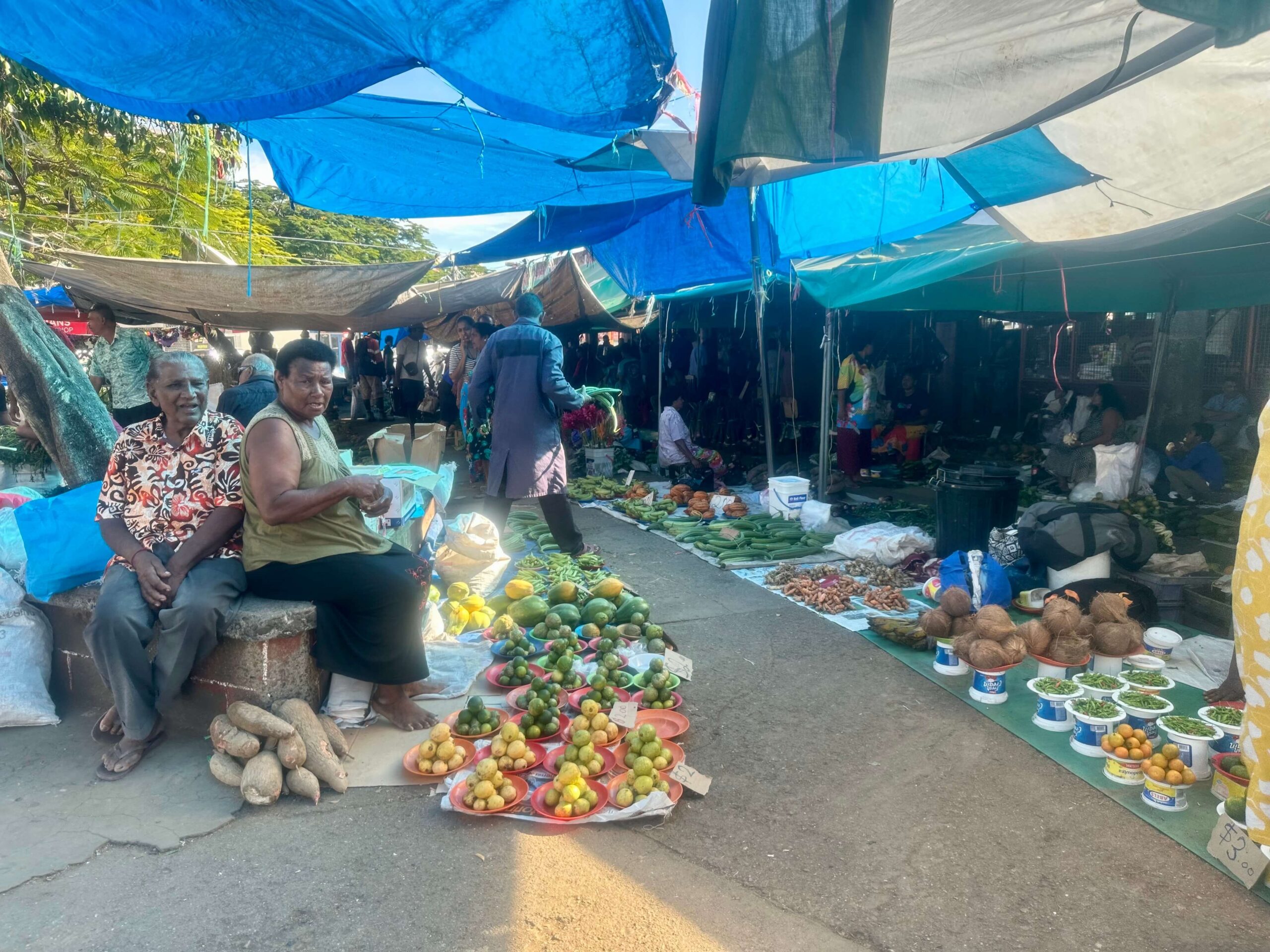
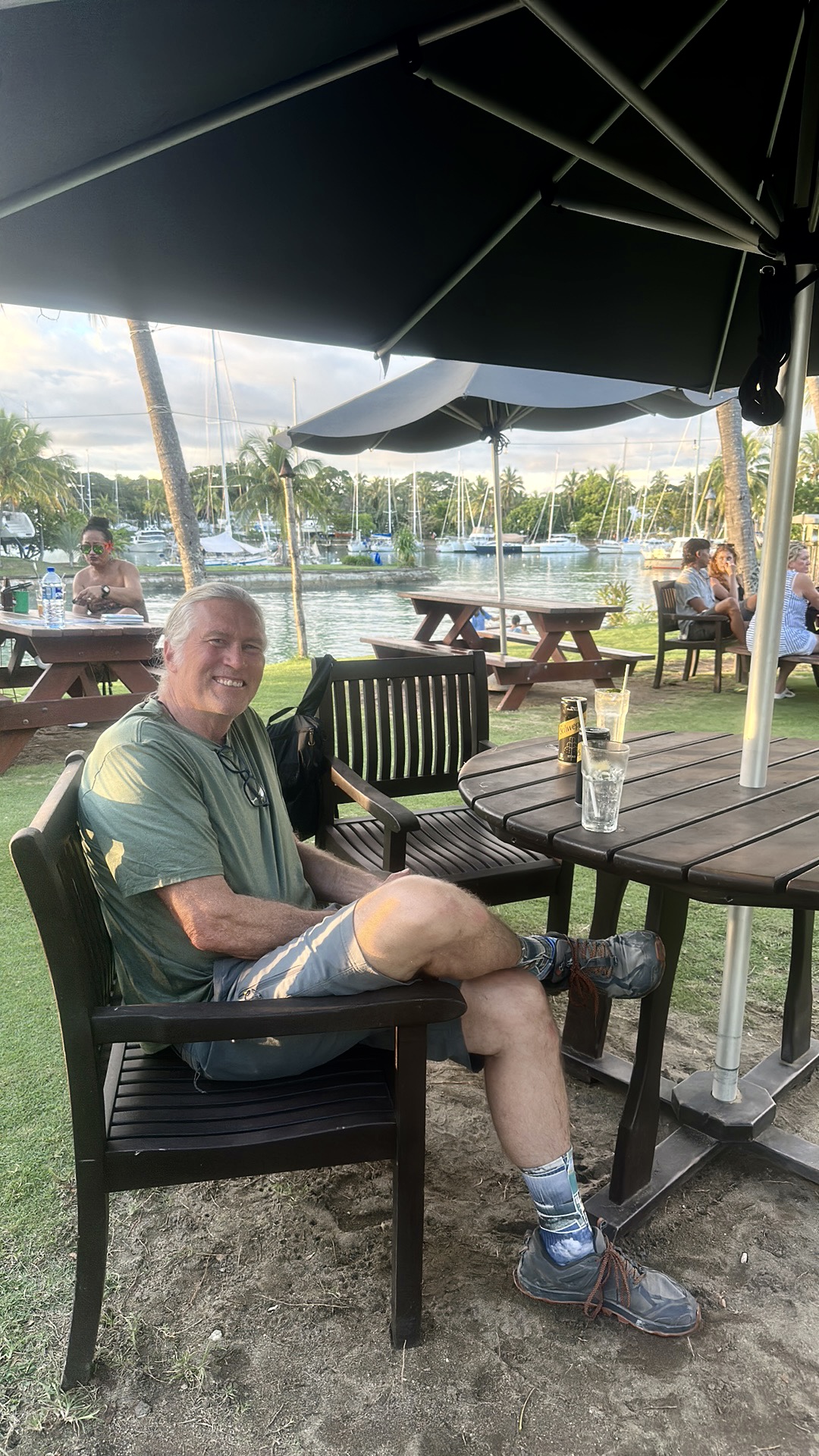
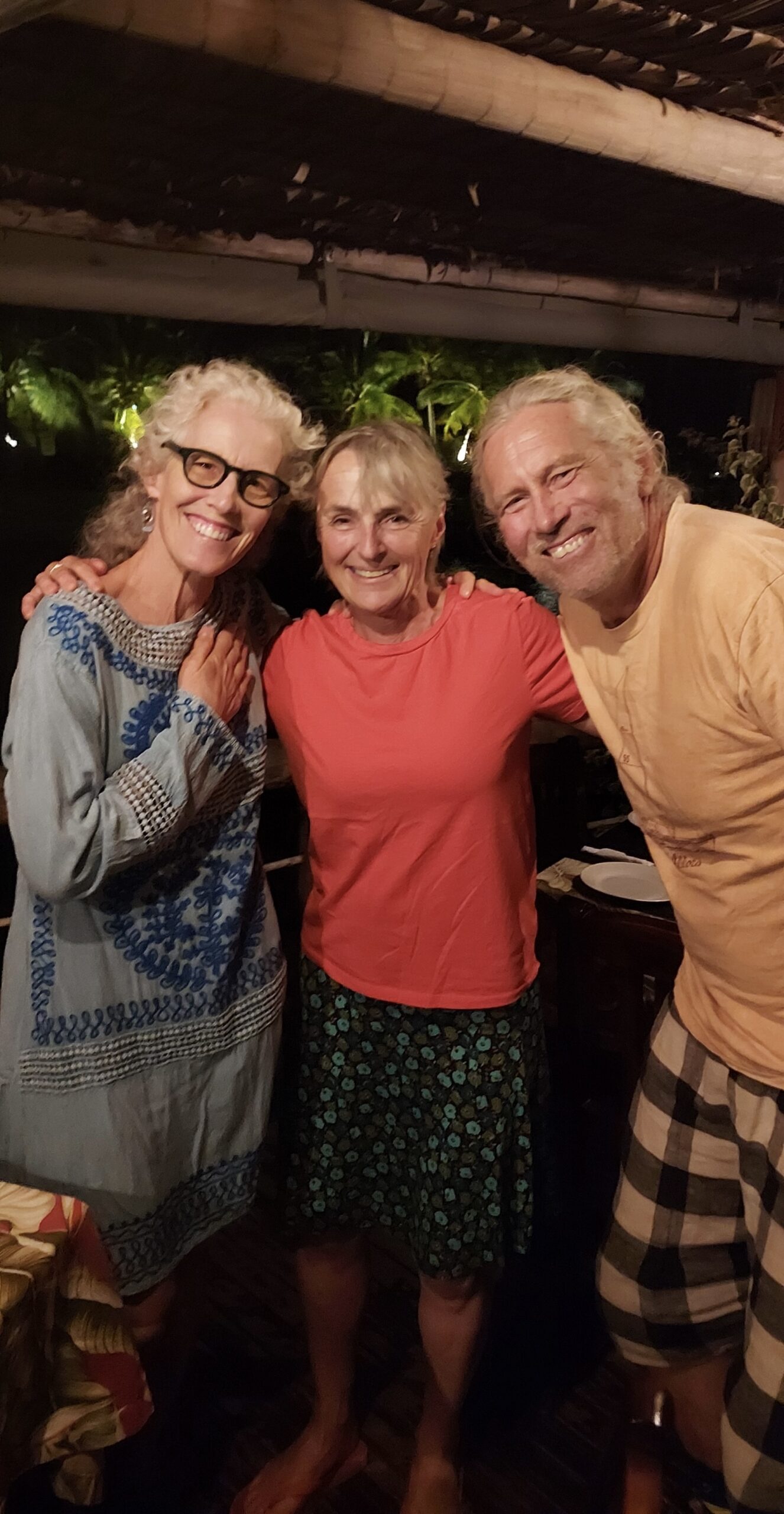

We’re heading offshore tomorrow, the 18th of May, so check out the ‘Where In The World Is Allora’ link to follow our track and otherwise, the Contact Us page has all the ways to reach us. Haley and Liam are heading over for a couple of weeks from Nelson, NZ, so we plan to sail and meet them in Savusavu on the island of Vanua Levu.
As always, our Internet/Wifi/Cell connections can be tenuous, so if I write you, respond using the same method so we have the best shot to reach each other. Be well loved ones – we are always missing you!
Montana Winter ’22/’23 (Placeholder, Under Construction)
Fiji cruising/diving 2022 (Placeholder – under construction)
Farewell New Zealand, we fell in love …
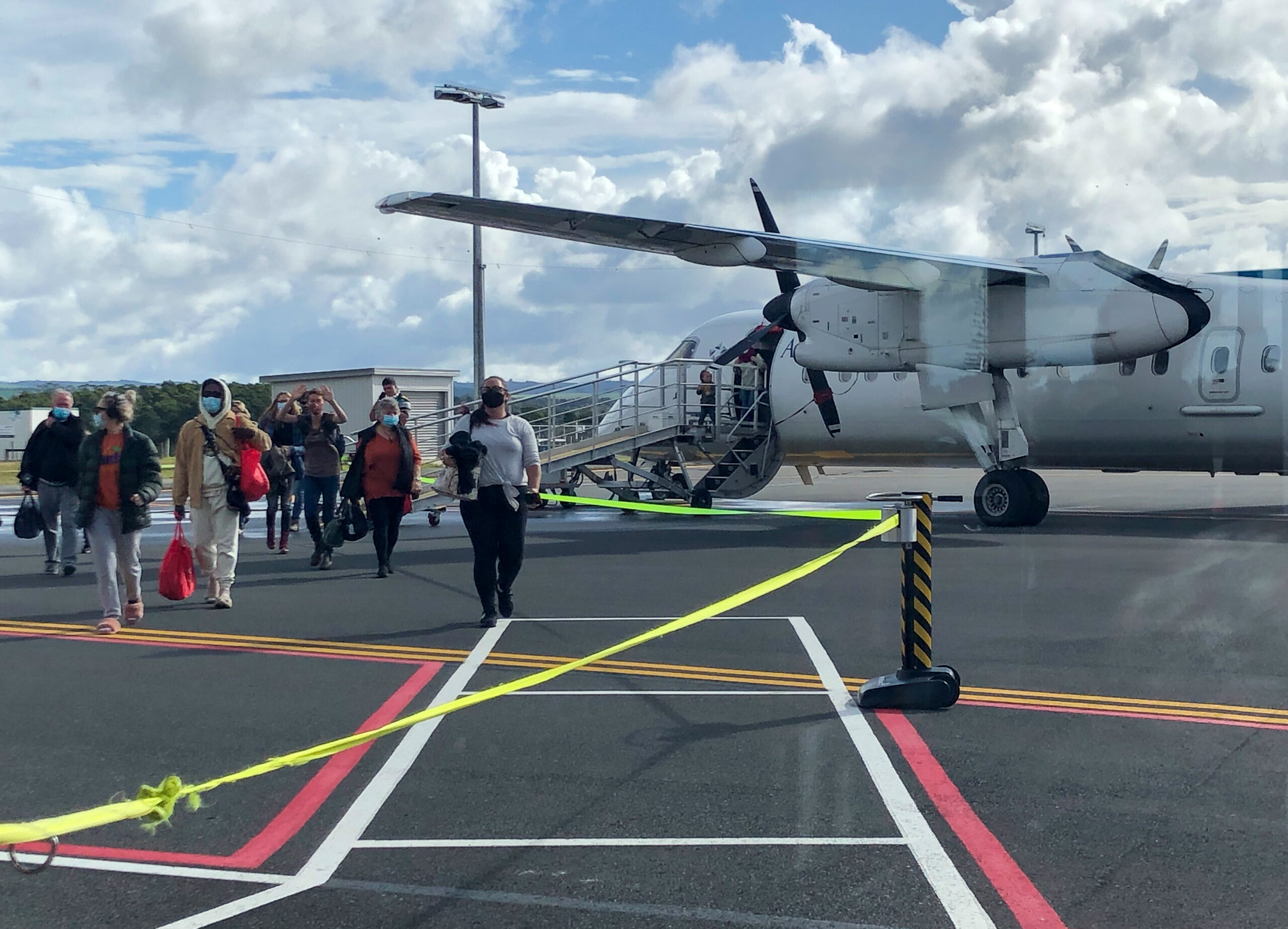

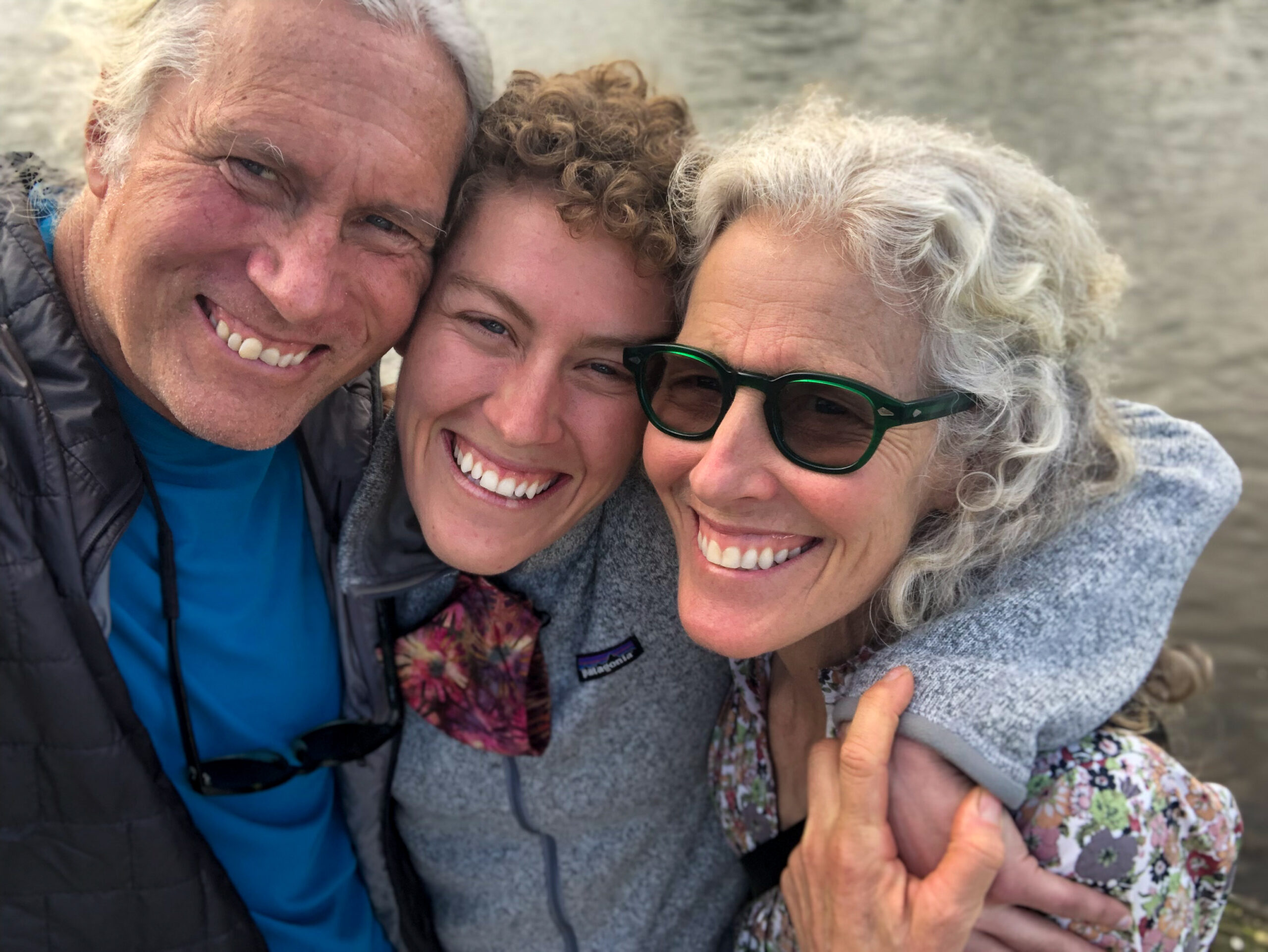

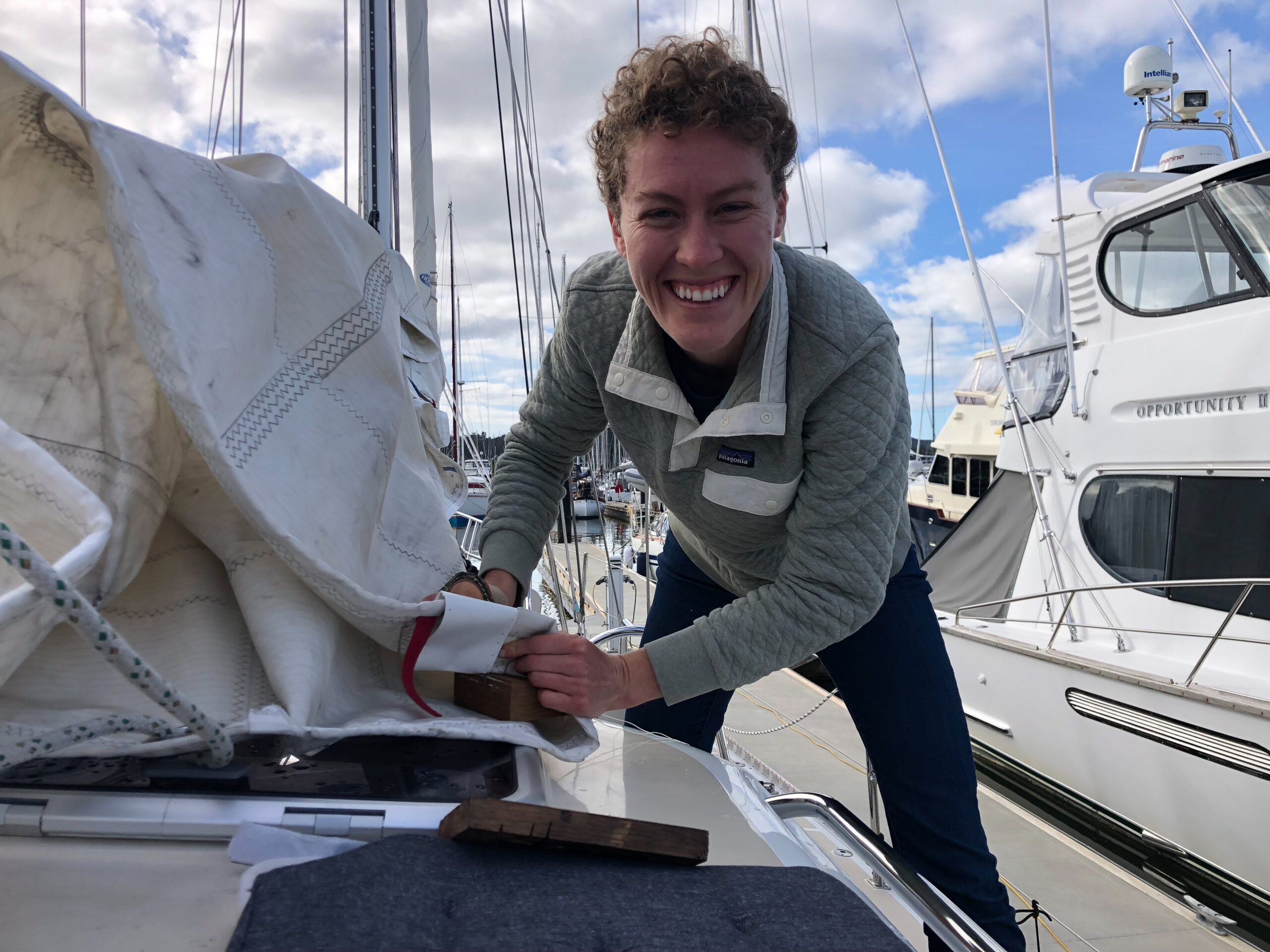

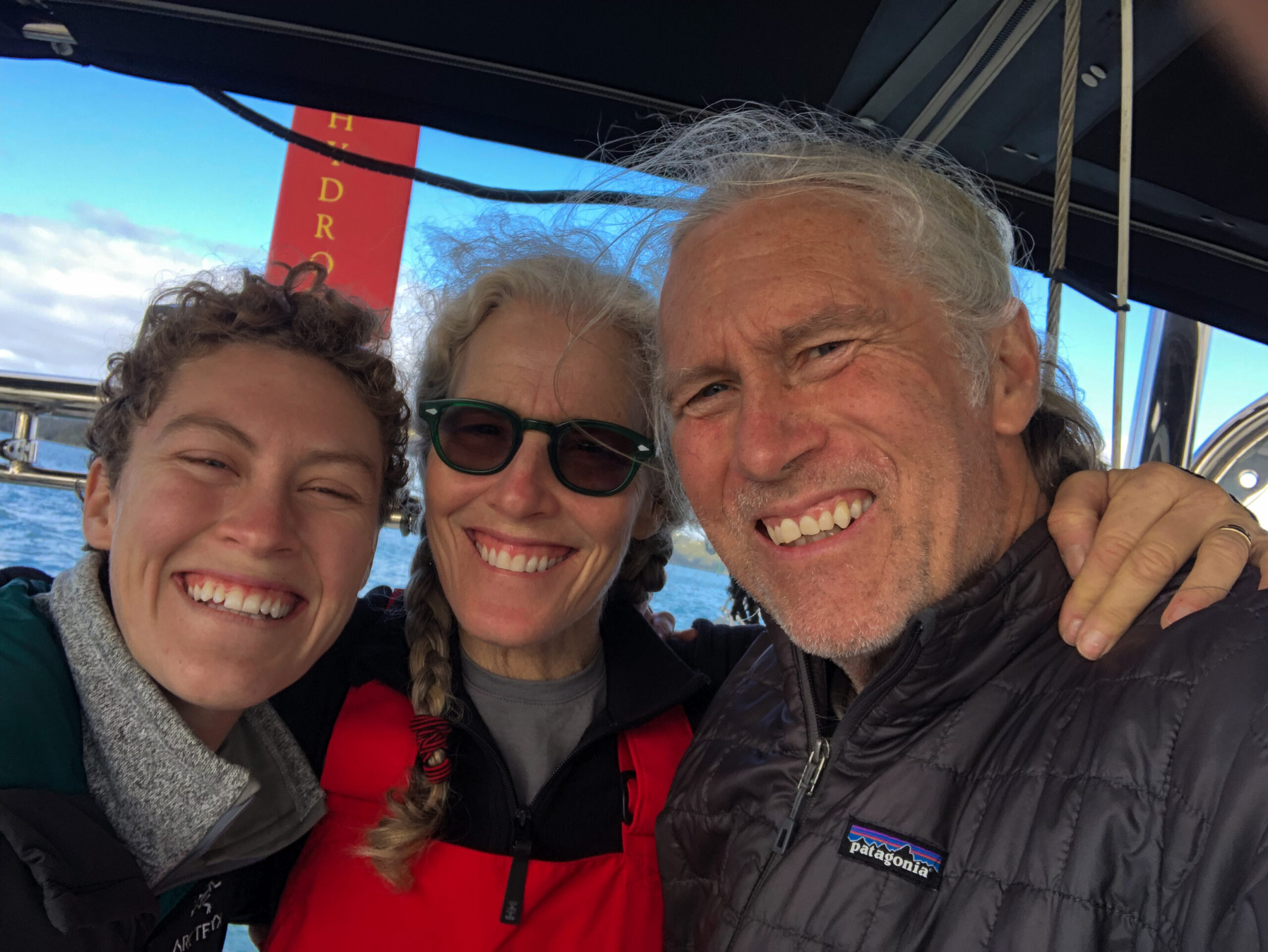
Passage to Fiji
Words we used to describe this passage upon arrival in Fiji when asked by the manager of Vuda Marina (pronounced Vunda): boisterous, lively, bumpy, rambunctious. Our passage was probably pretty typical, as good as you could reasonably expect from Opua to Vuda Point, Fiji. We left on the very day our fourth consecutive visitor’s visa finally expired! New Zealand took such good care of us throughout Covid, but the time comes when even the most charming guests need to be encouraged to abandon the couch and find some new friends. We departed on the end of a passing front, which meant strong (up to 42kts) SW winds kicking us on the tail. Diana posted these notes via Iridium to our tracker.
“You would have thought we were eager to leave NZ – the way Allora shot out of the gate and rode the tail end of a ‘low’ with 3+ meter waves and up to 42kts of wind! We’re now 24 hours and 175 nautical miles in, and the seas are showing a trend toward easing with the wind. Currently on a port tack paralleling our rhumb line. The guitars have just come out and “I Can See Clearly Now!” Highlights: bioluminescence, Albatross, slightly warmer temps and Maddi as crew (just one night watch each, woohoo!”)


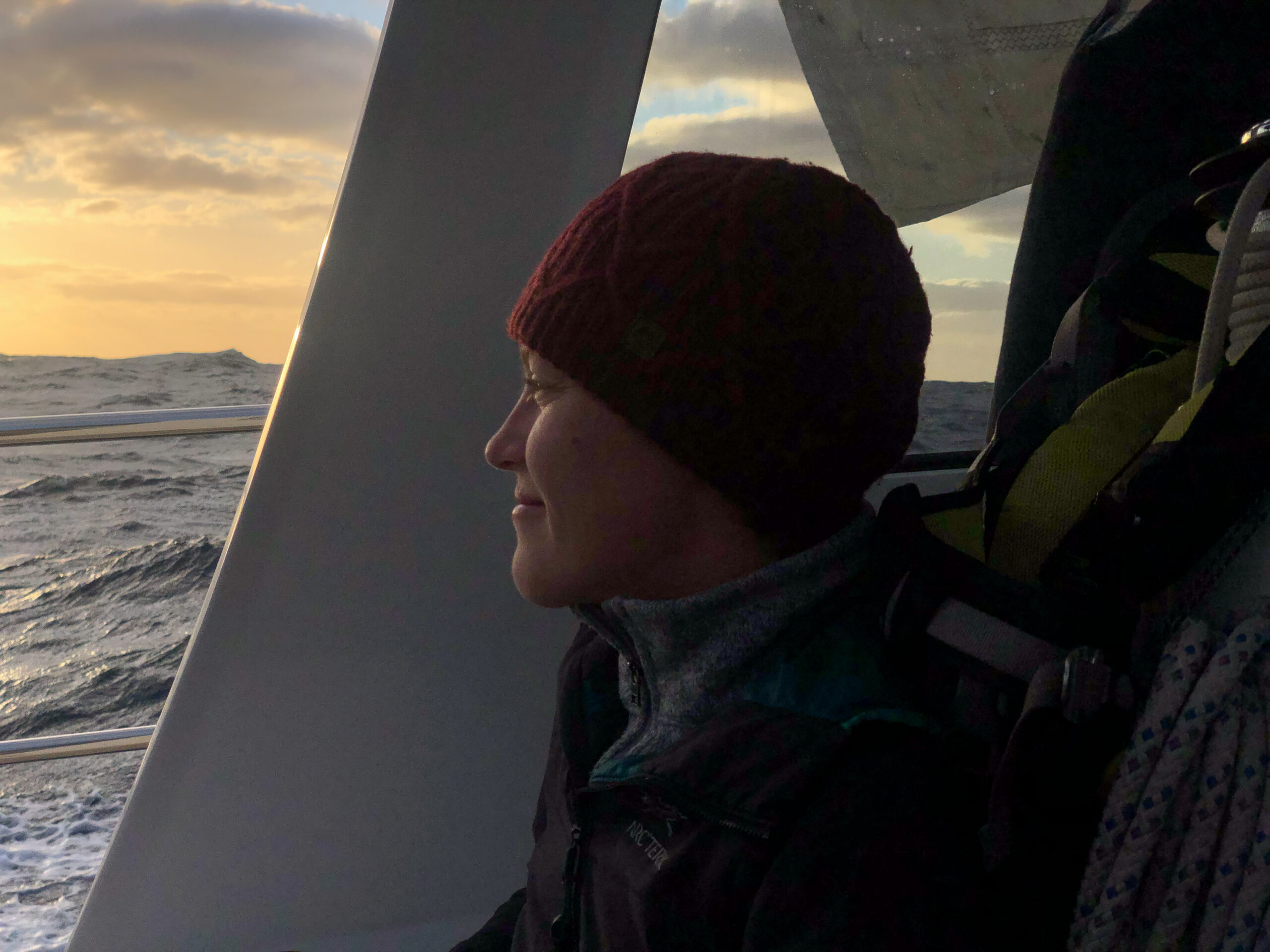
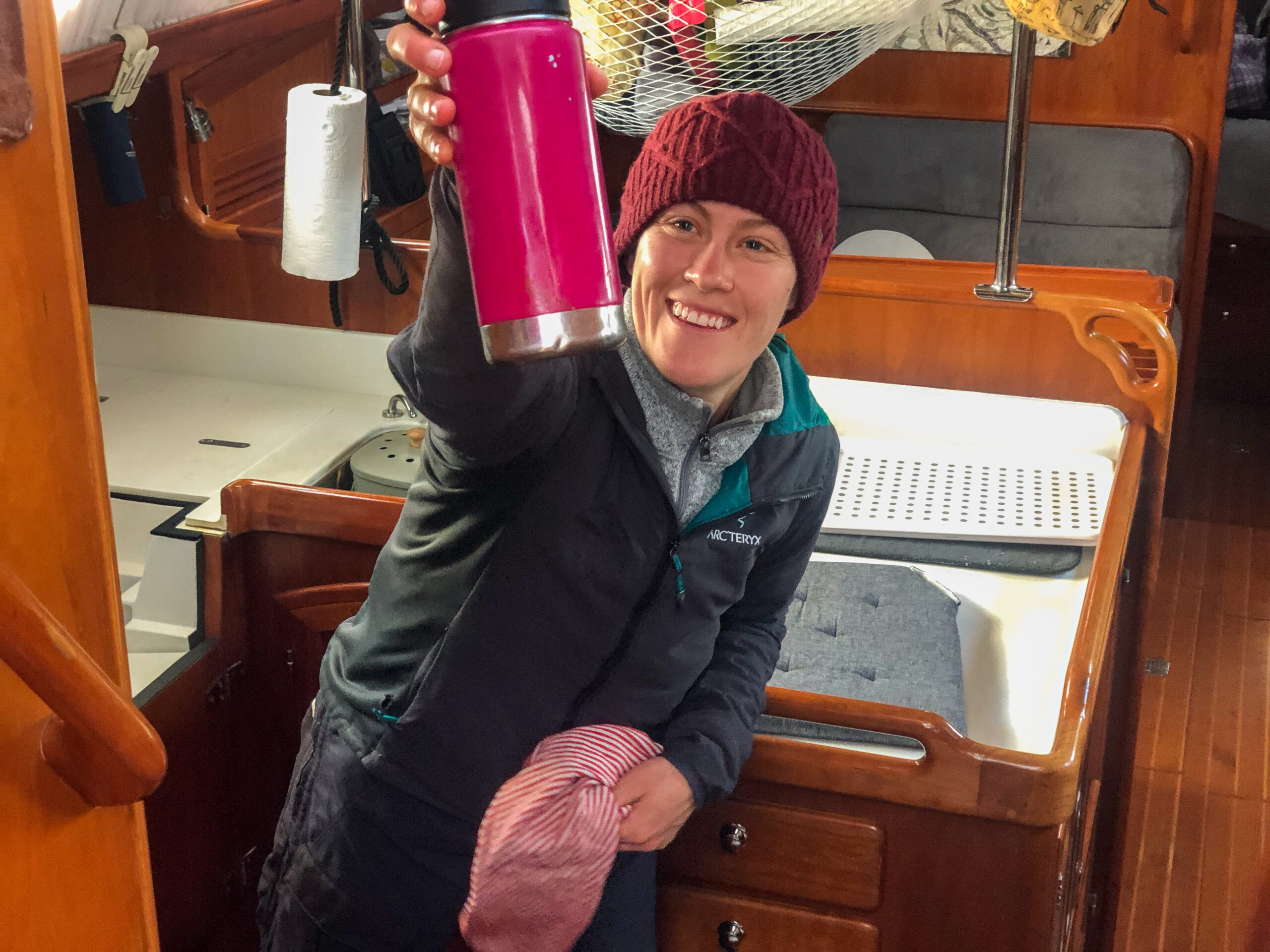
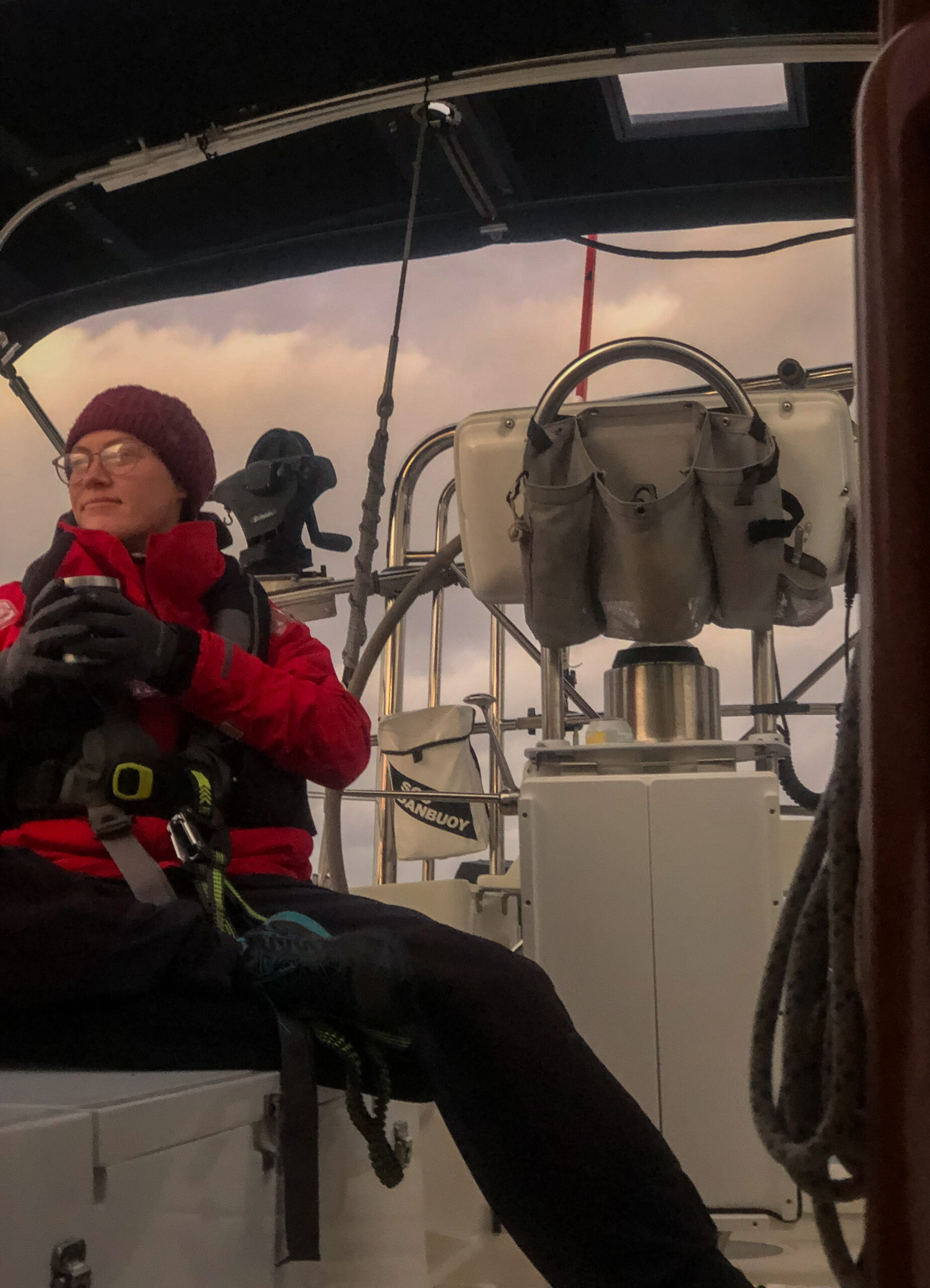
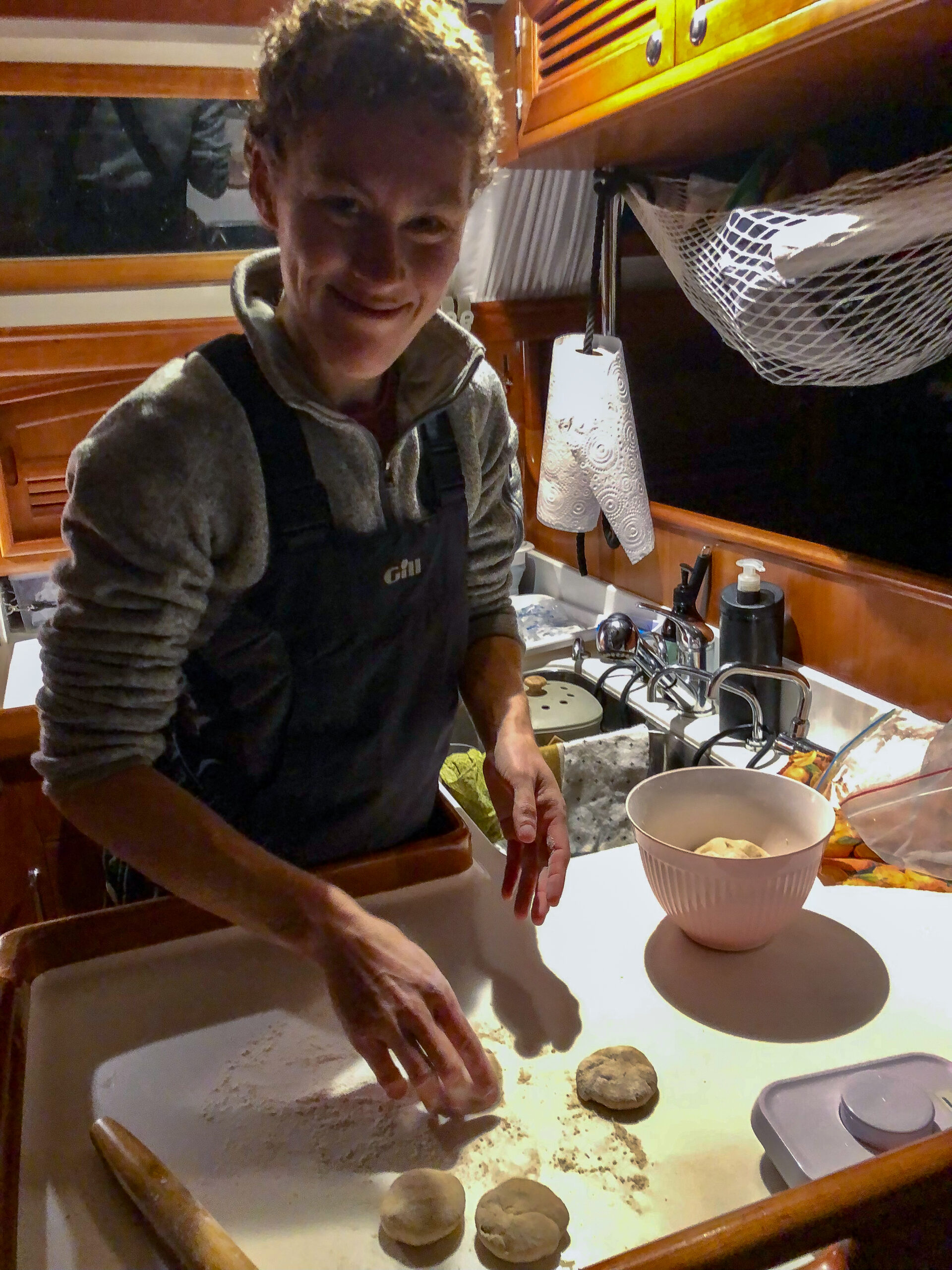
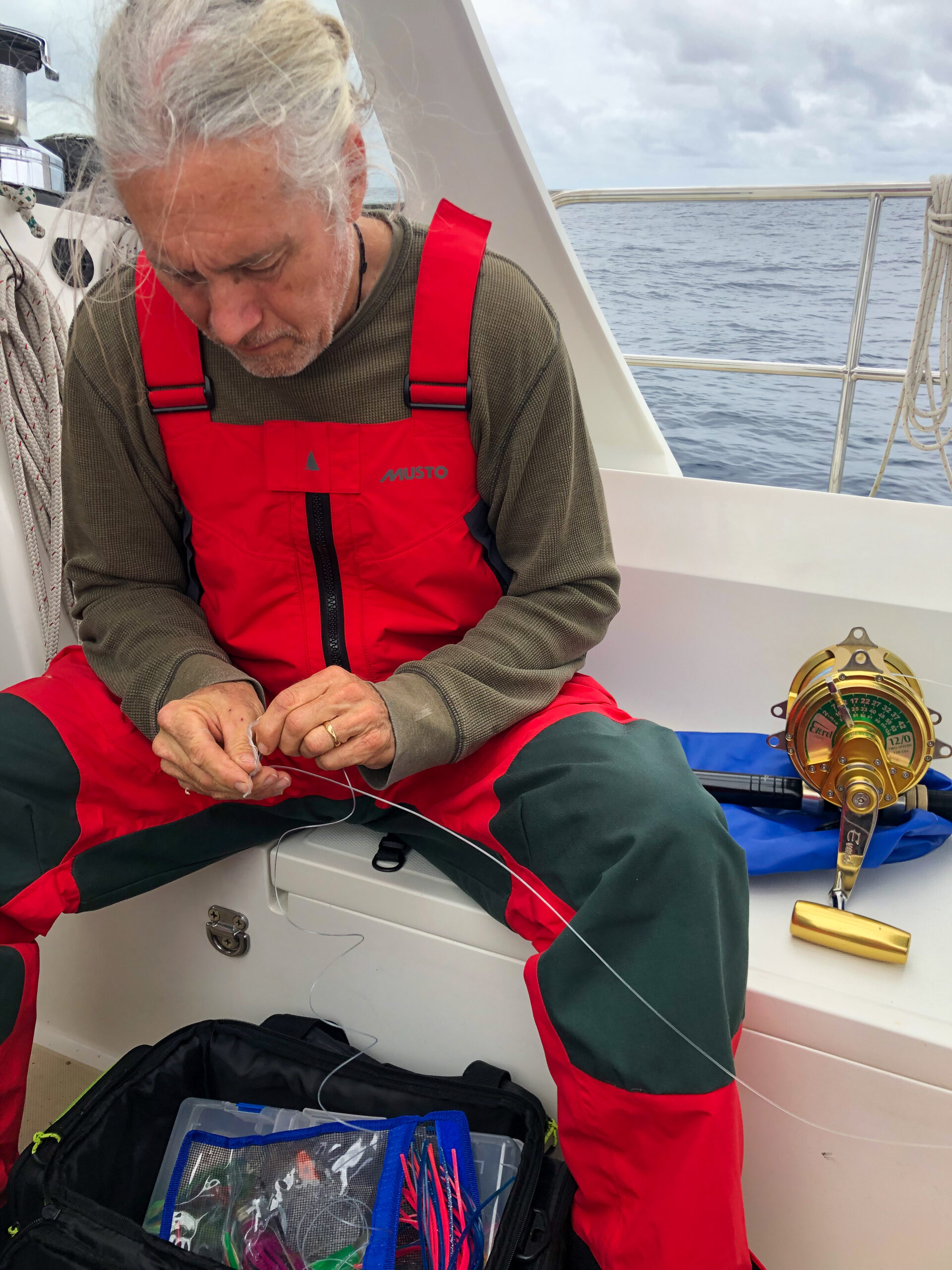
We hoped for maybe a day of wind to push us along, but we were lucky as the winds held out for almost two. You hear about the occasional passage with wind the whole way, but the horse latitudes aren’t called the horse latitudes for nothing… well actually there seem to be a quite a few theories about why they’re called the horse latitudes, only a couple of them to do with the paucity of wind. The basic idea is that this is where the easterly trade winds peter out, but is also the normal limit of frontal systems and westerlies in the mid-latitudes. Makes sense if the wind is going to switch from West to East that there should be some dead space between. We motored for just under twenty-four hours (we thought it might be as much as two days) using our 80 horses to get us through. We’re not big on running the engine (the noise gets tiresome and makes guitar playing tough), but we did enjoy the calmer seas, and the increasingly warmer night watches.
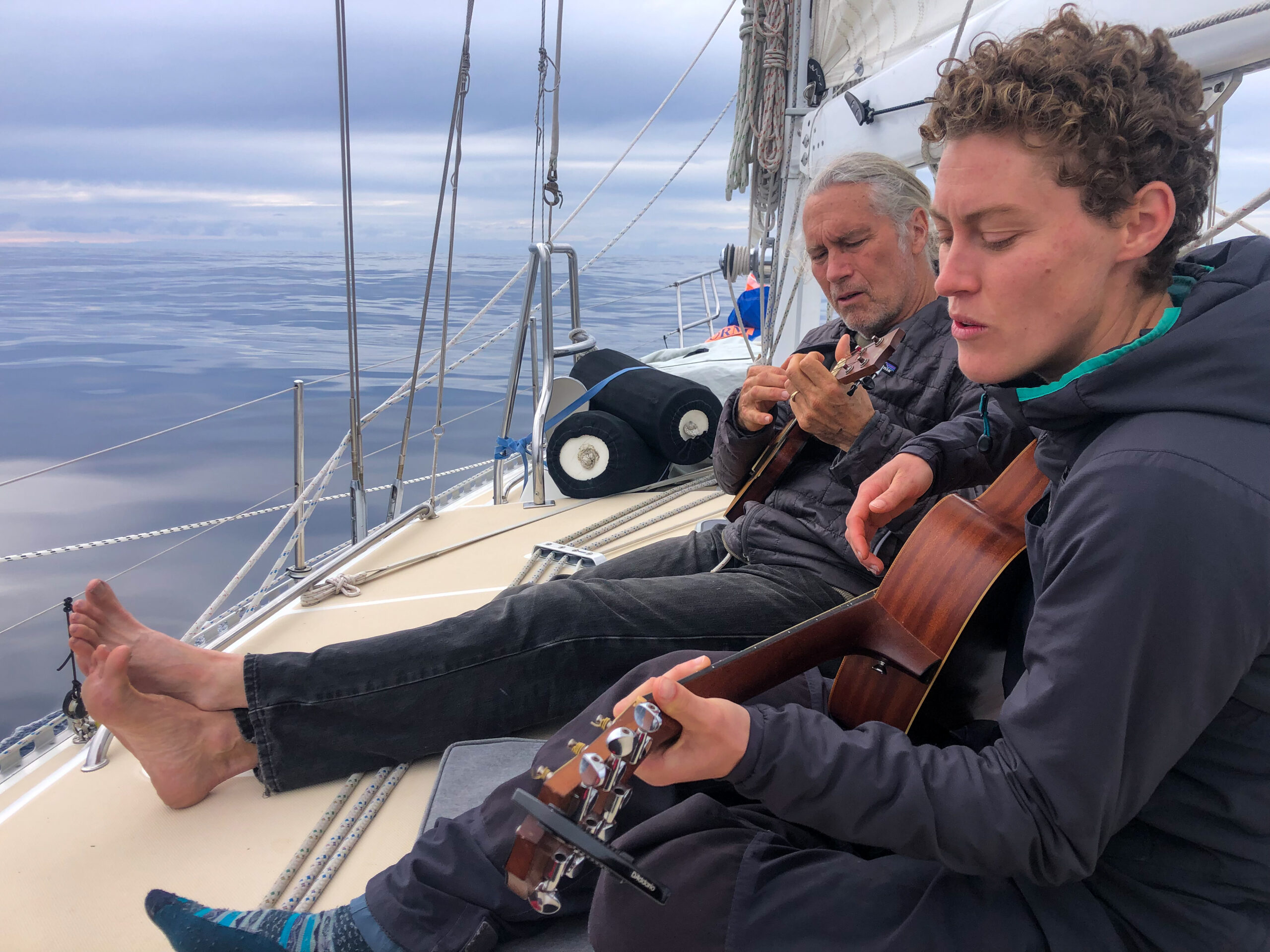
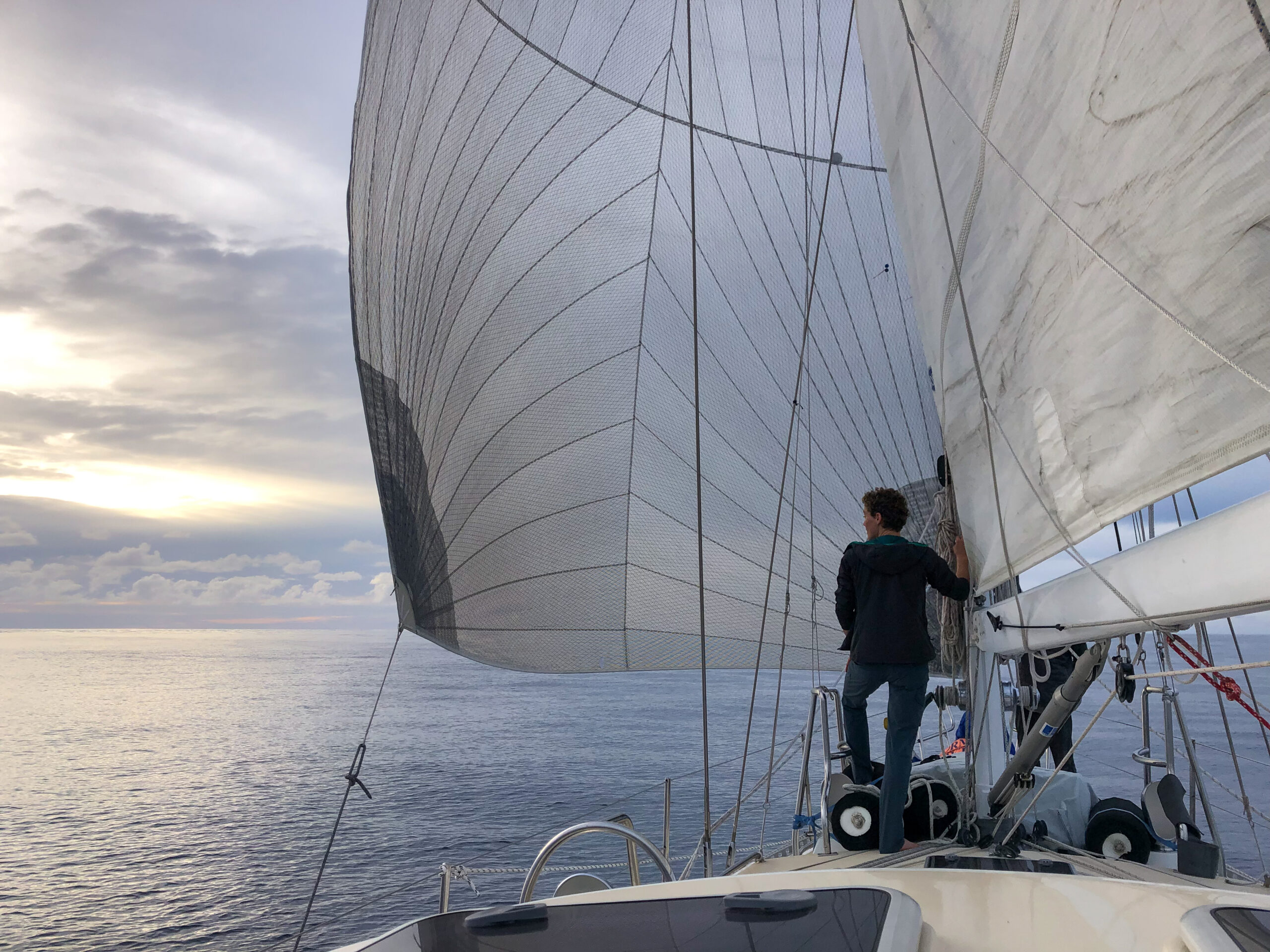
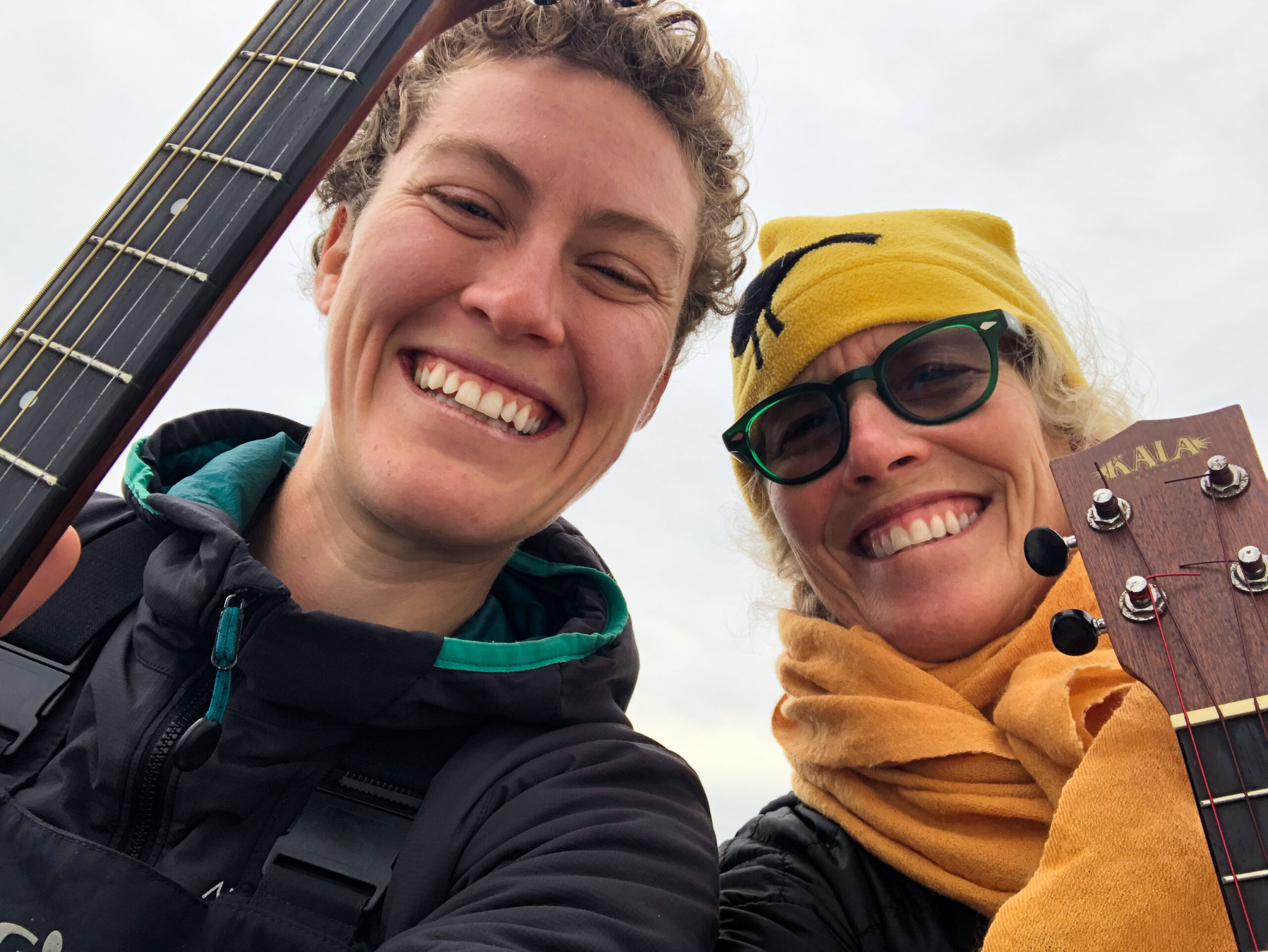
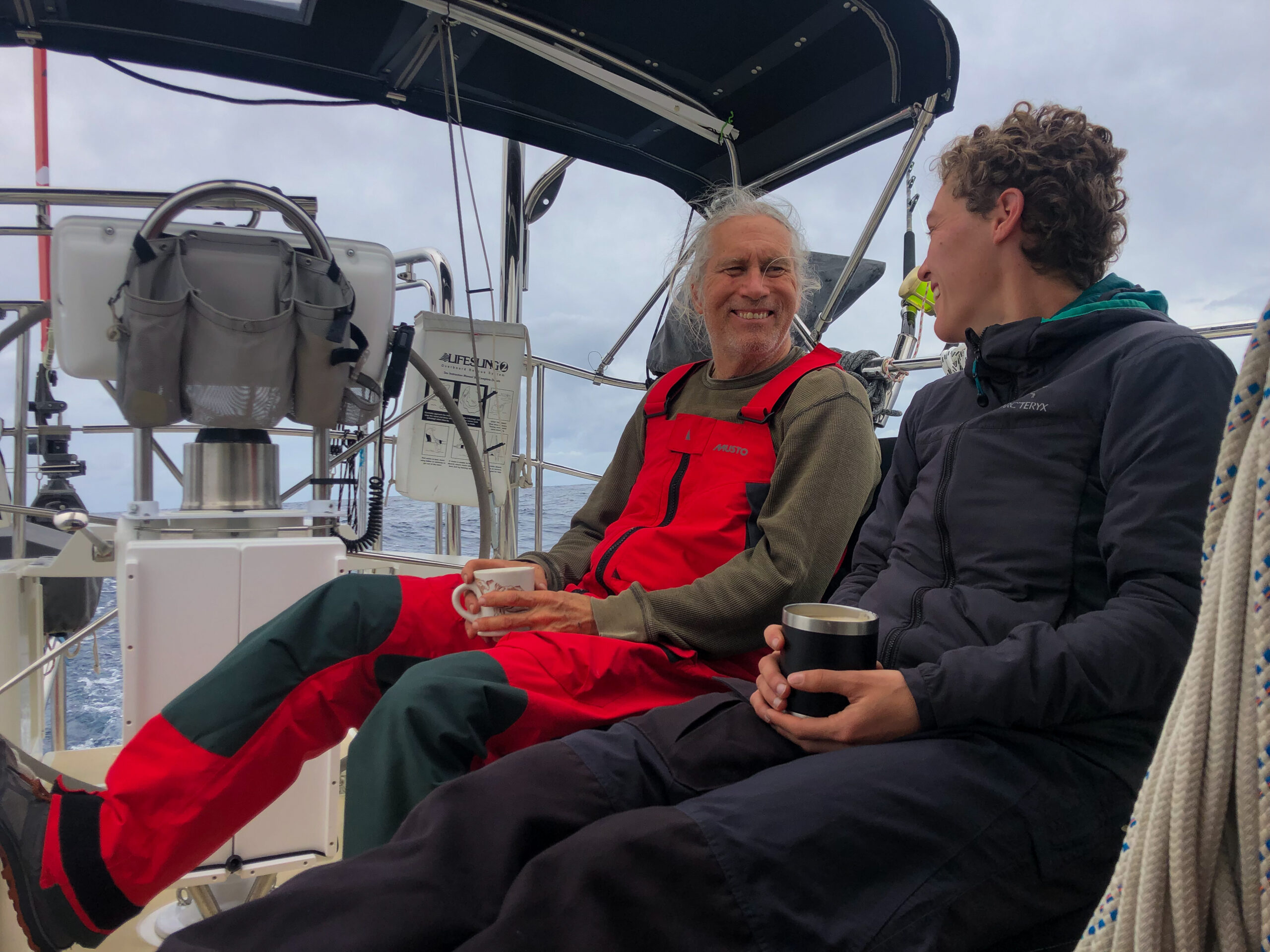

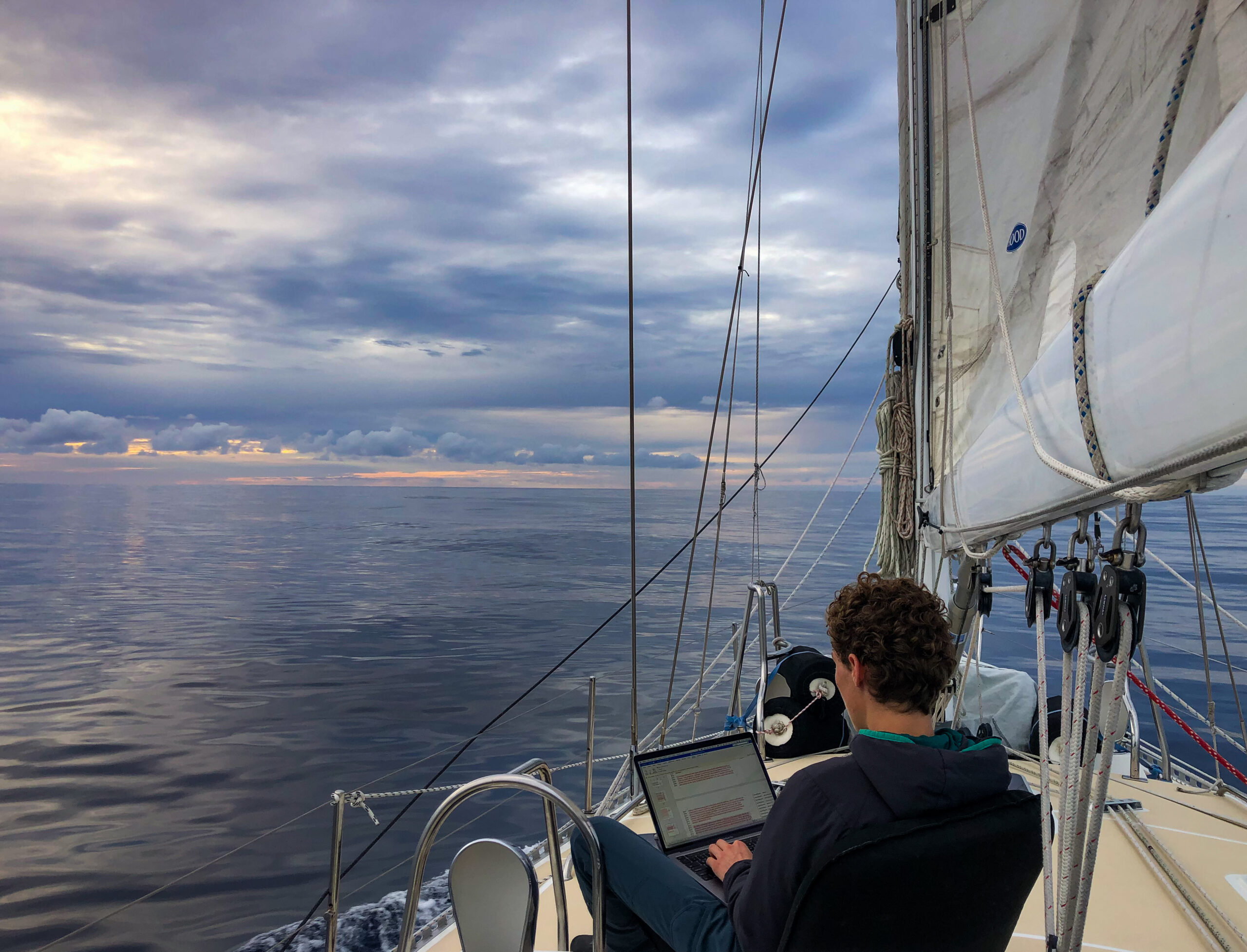
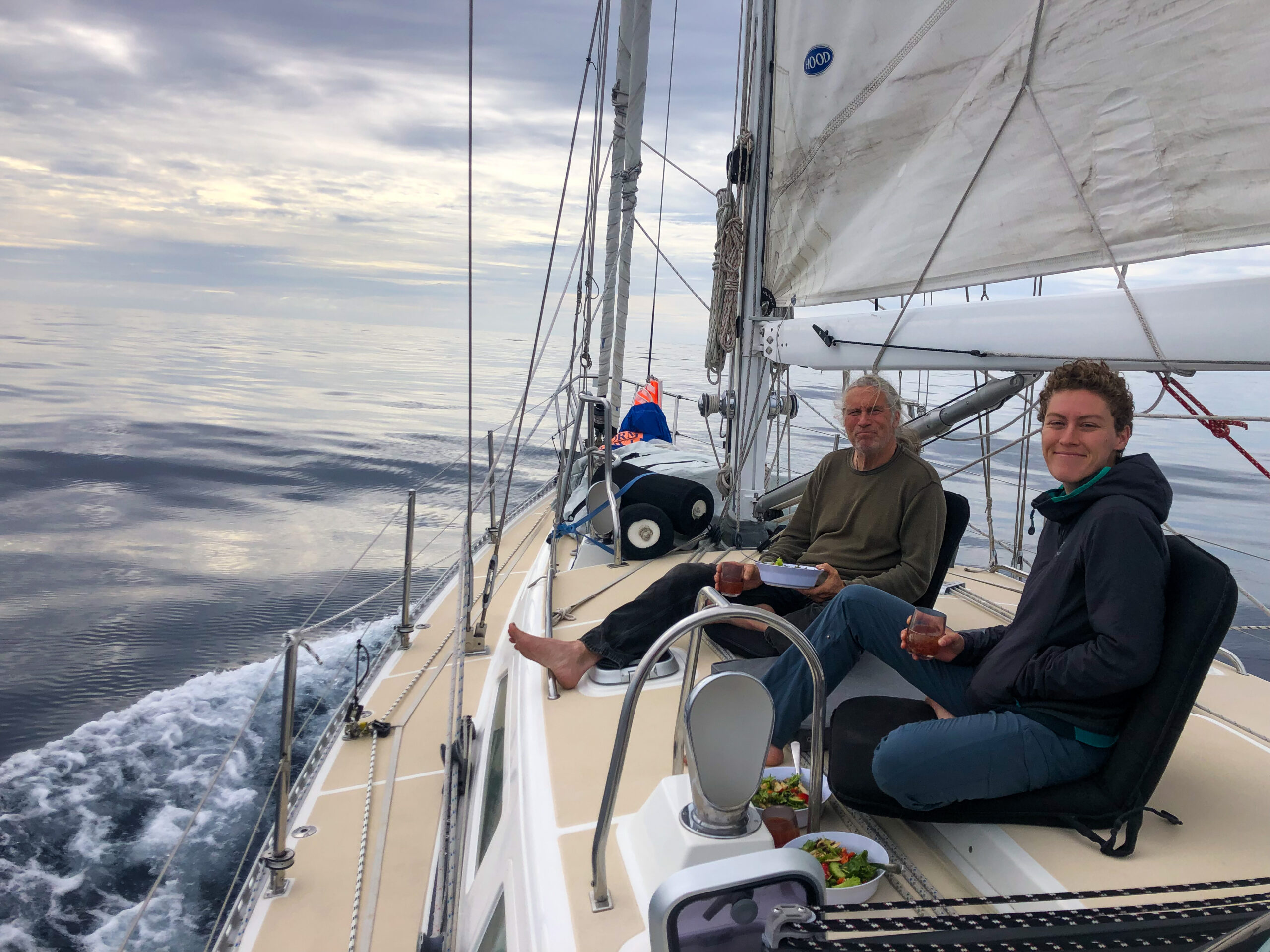
On my watch, just after dawn, just as I was about to shut the engine off and rally the troops to hoist the code zero, the engine made a loud screech and shut down without any warning beeps or anything. What followed was a gorgeous day of sailing in light beam winds with the big sail out that was a bit sullied by time spent trying to figure out what was going on with the engine. We suspected a transmission problem as there have been signs of impending doom for a little while, but we didn’t want make things worse and break something further, by trying to start it up until we could eliminate the possibility of water in the cylinders. I exchanged a few texts with the Yanmar guy in Lyttelton, Brian, who by good fortune happened to be at his shop on a Sunday, and he talked me through what to look for. Our mechanically minded sailor friends Ian in England (previously mentioned in this blog as the man with a plan) and Mark from Starlet both responded promptly to our SAT phone email with gearbox advice that was invaluable. I’m sure anyone can imagine how good it feels when you’re hundreds of miles out to sea, to have friends like this to turn to. Later, the Fijian mechanic showed us pictures of the main bearing in the gearbox which had literally blown up (which more than explained the problem.) Why is a longer story, which I’m happy to share with anyone interested in the gory details. I promise not to take the fifth. Luckily, we didn’t need the engine until well inside the reef at Fiji. By some miracle it held together long enough to get us into the marina.
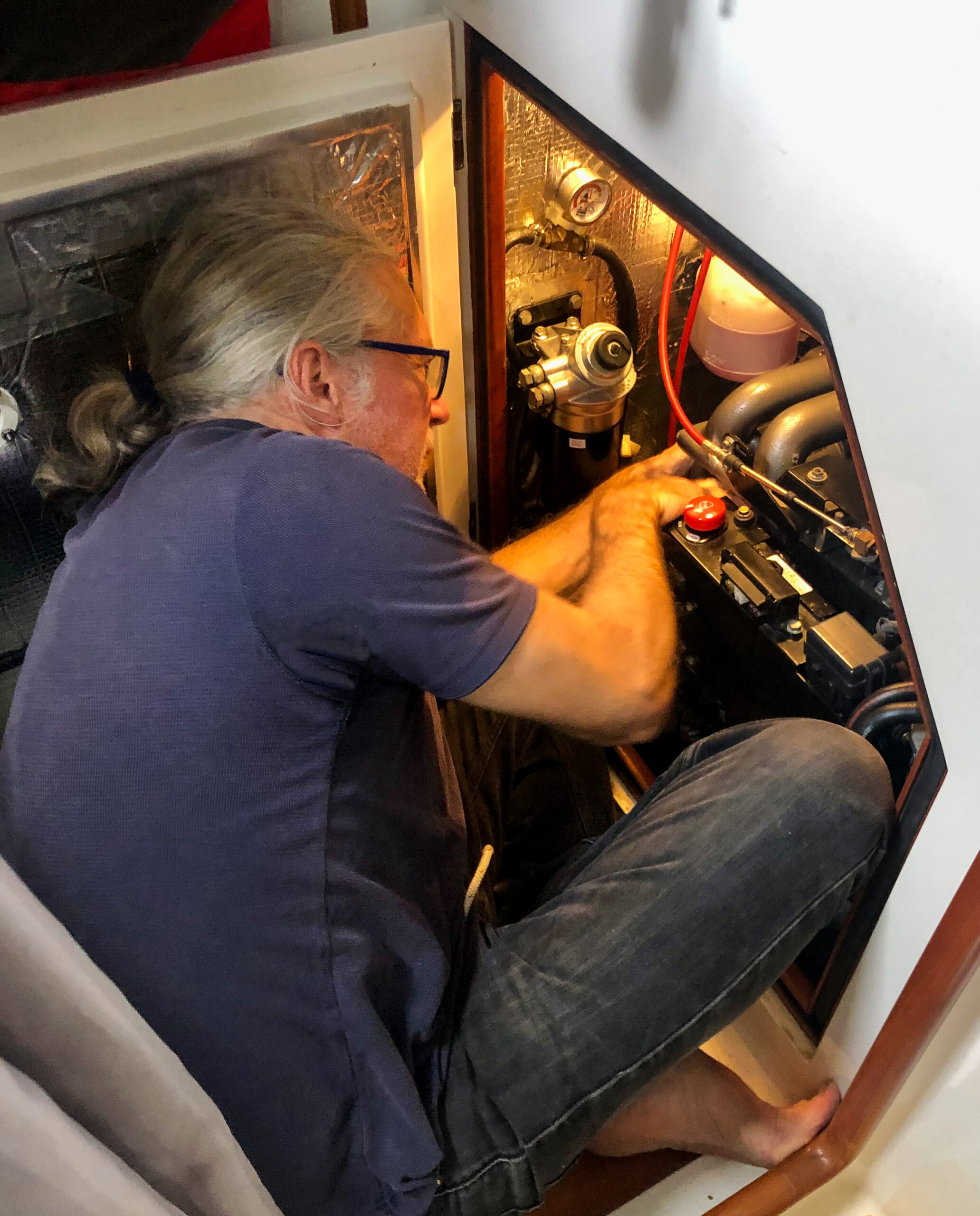
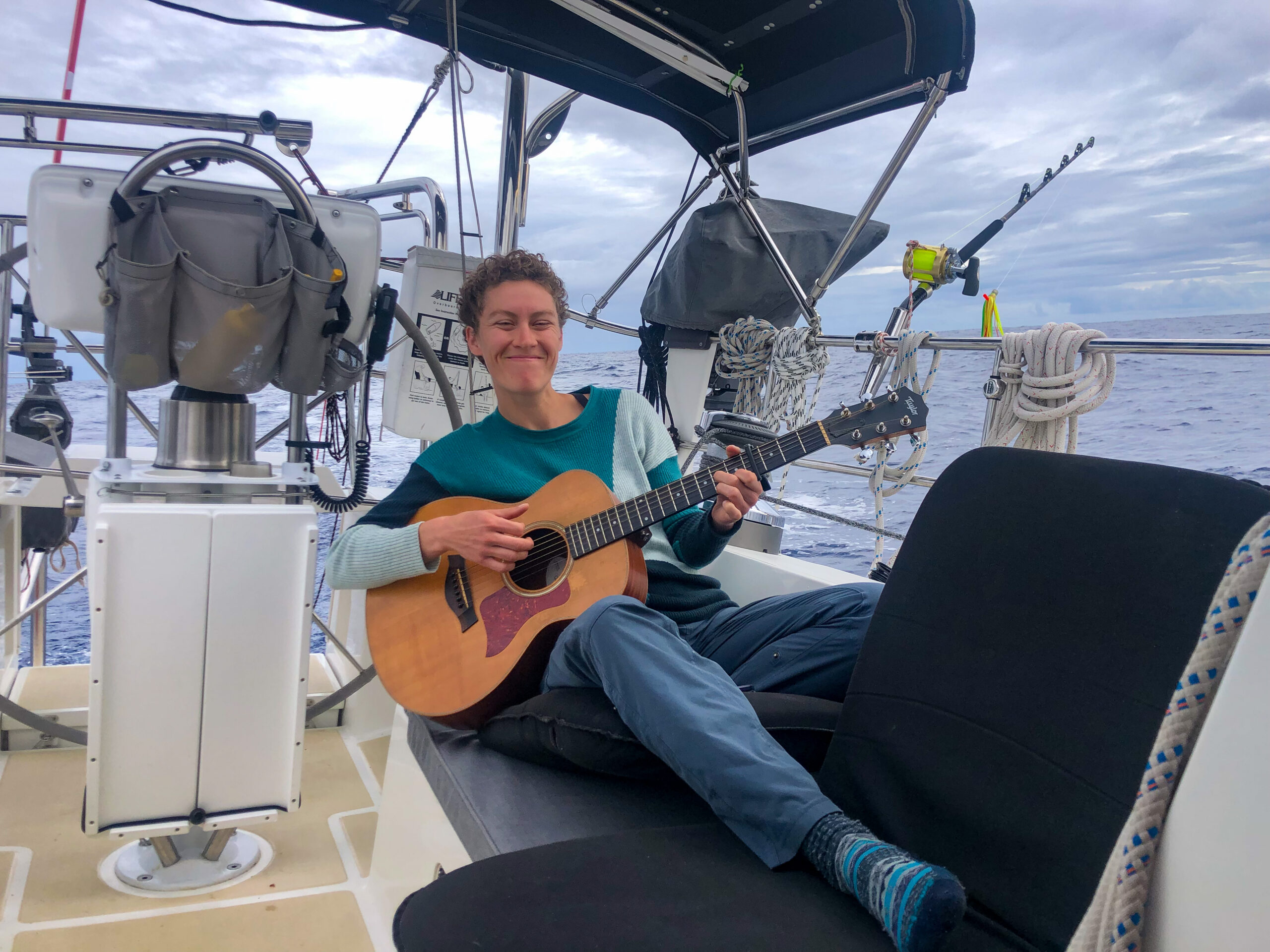
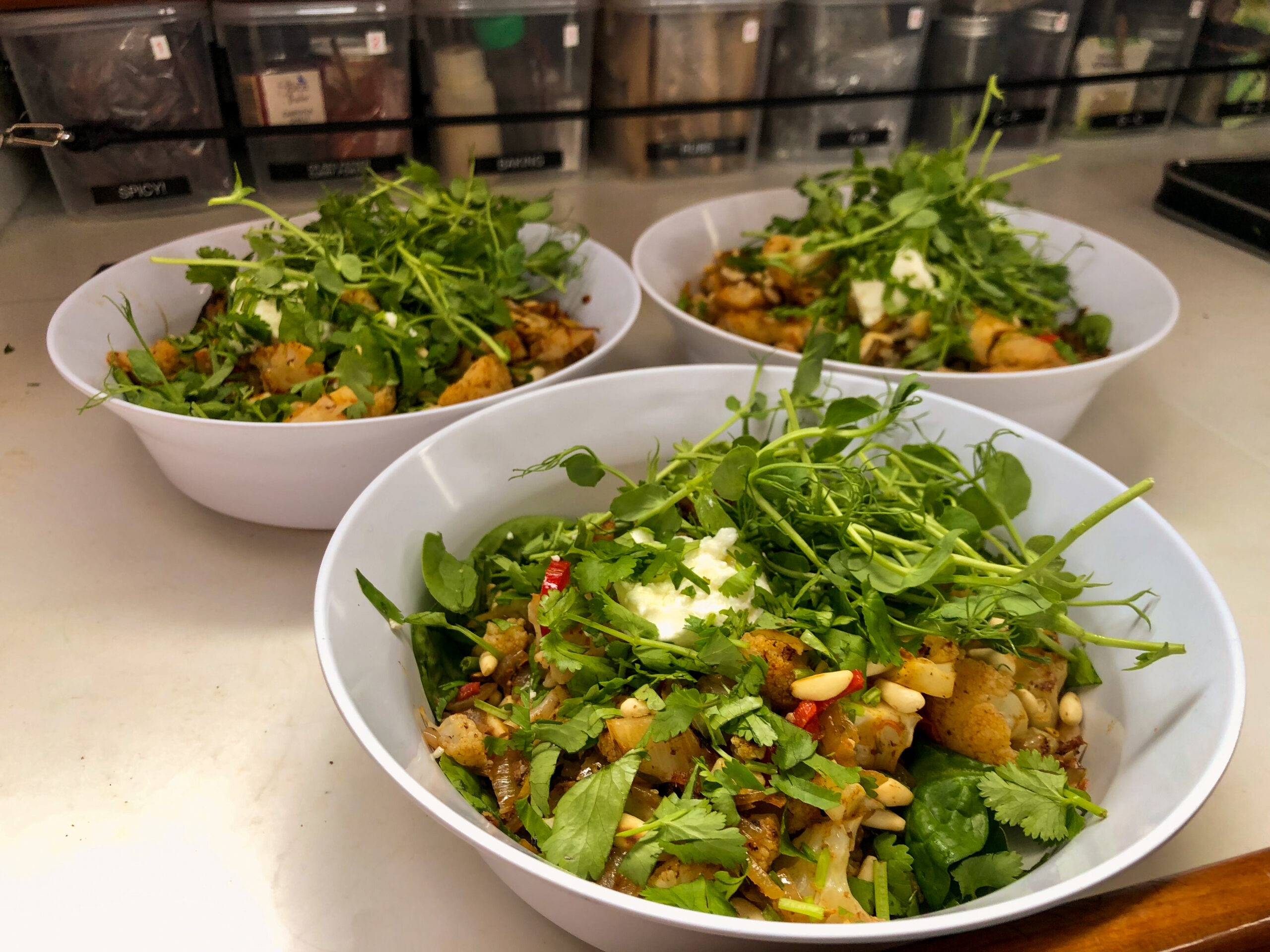
The rest of the sail, the wind was on the beam or just ahead of the beam, consitently over 20 knots with 3 to 4 meter very confused seas for the first day, which slowly moderated a little (though the wind did not) and became more regular. 
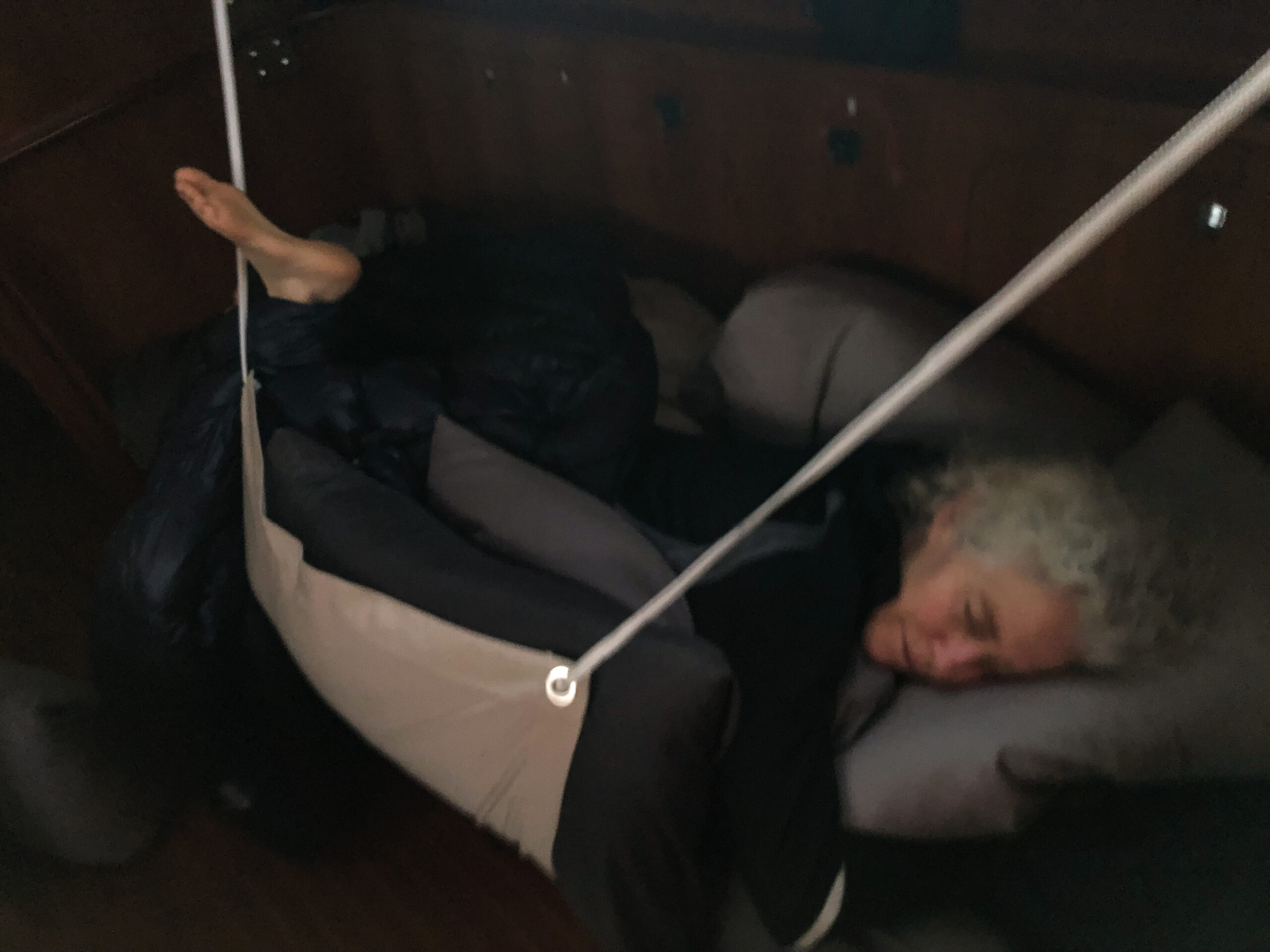
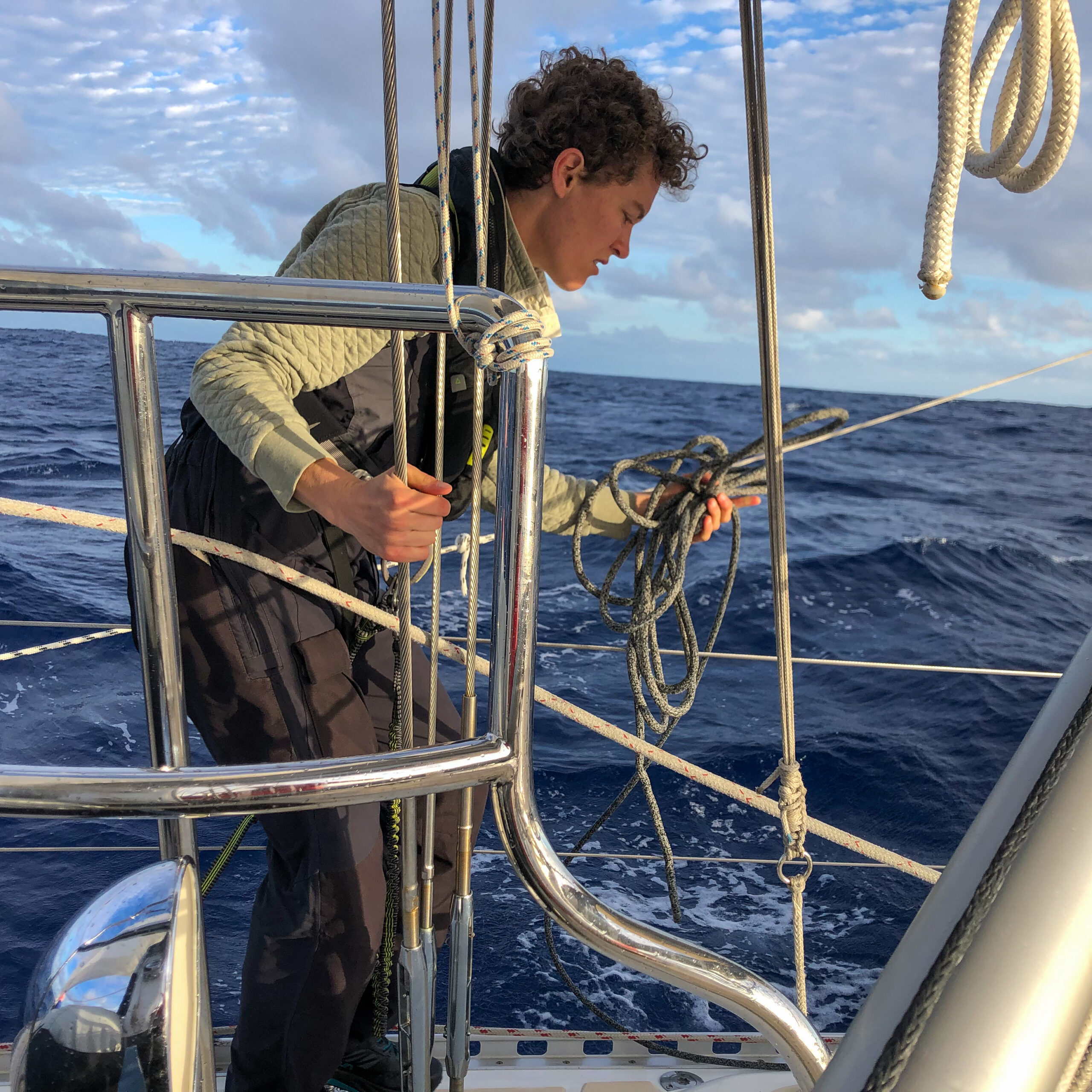
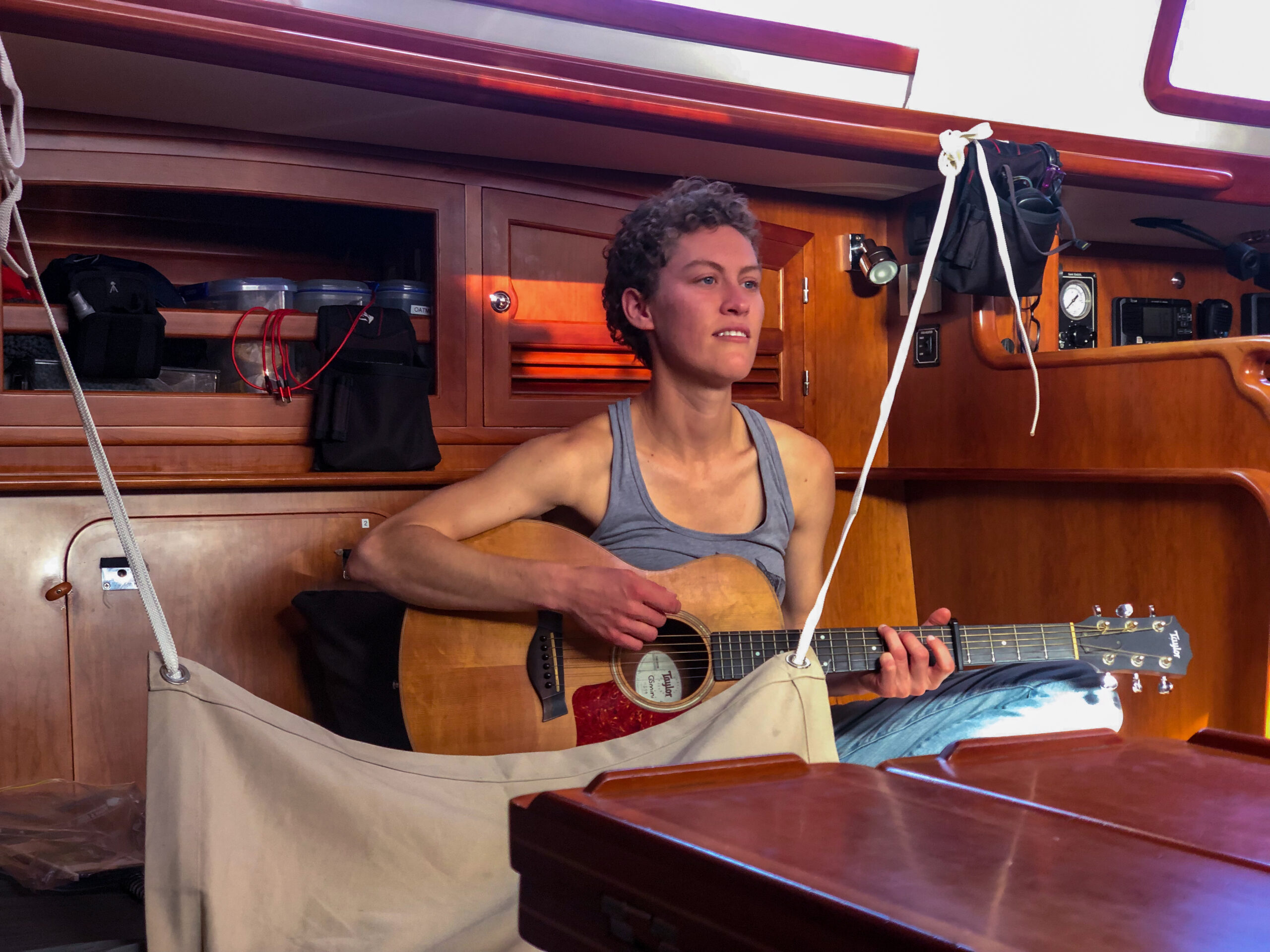
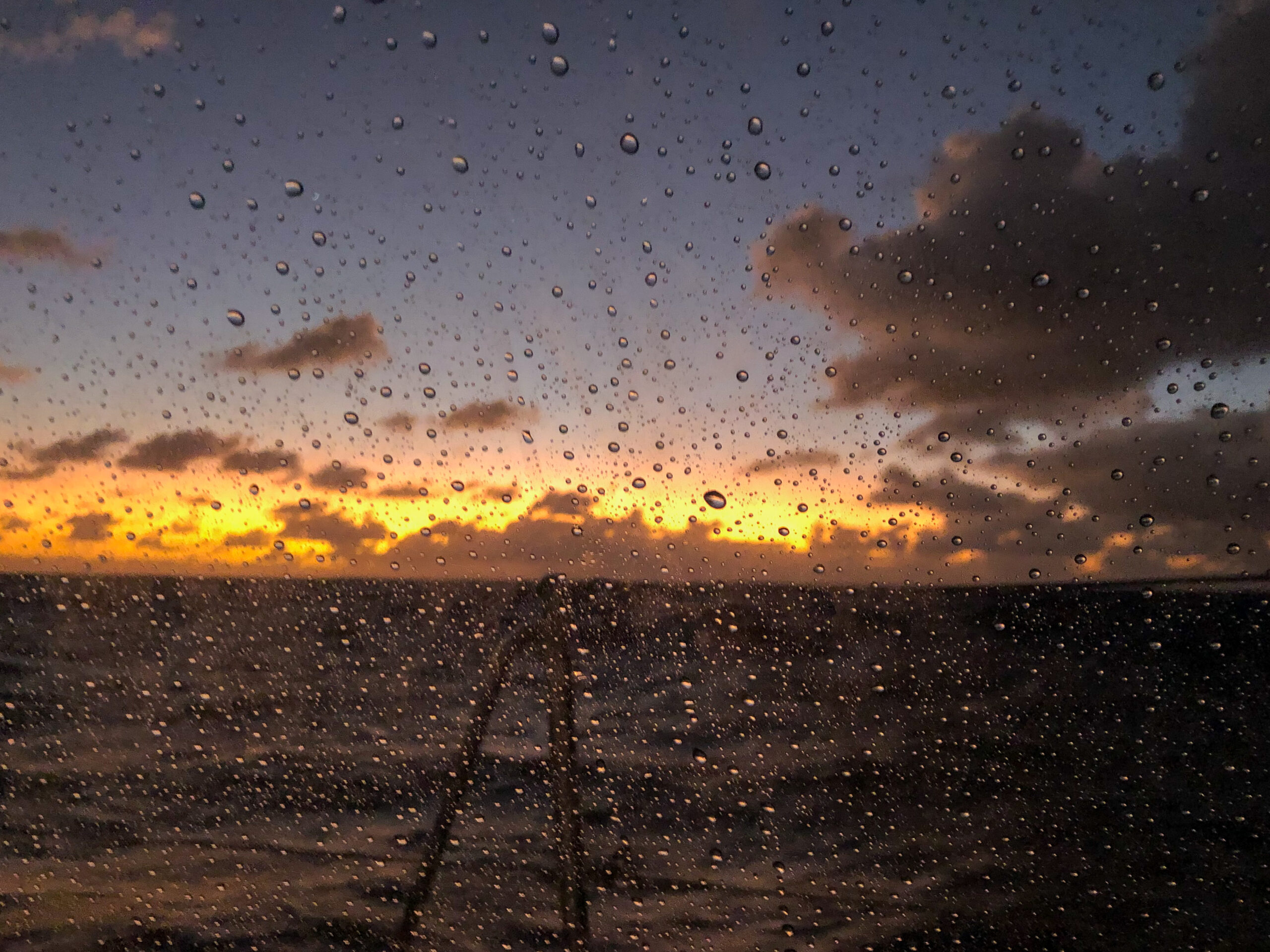
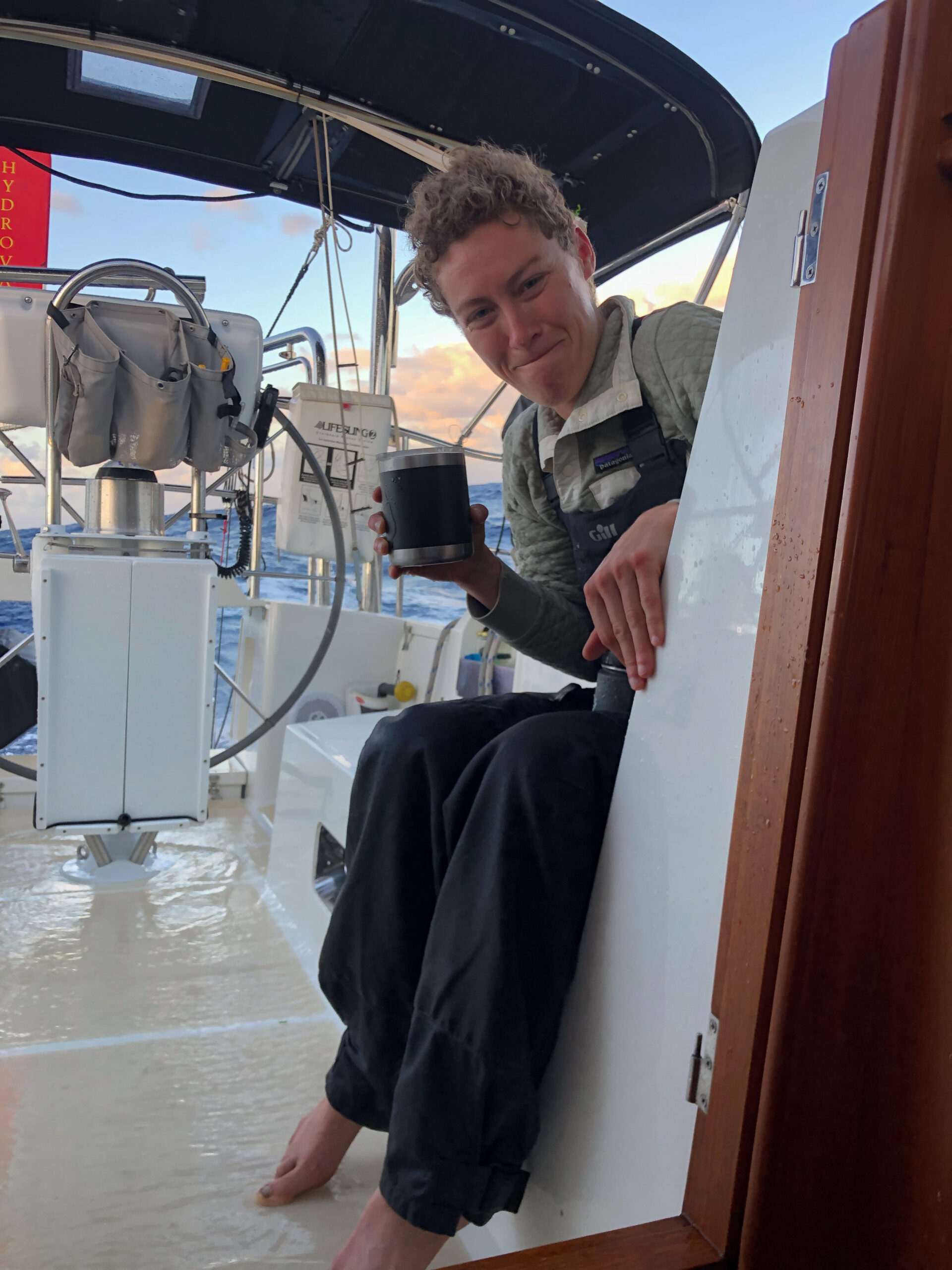
Maddi posted this note for Day 5:
“Poseidon has changed his mood, with boistrous seas catching us abeam and wind aplenty. With our course now set for Nadi, the Allora crew has spent the day either laying down or holding on tight. It’s incredible how tasks that were easy in the weekend calm have now become ludicrously challenging: making coffee, putting on pants… just want to take a pee in peace? Good luck! We keep thinking things are calming down, but perhaps it’s just our imaginations (and wishful thinking from unsettled tummies). Allora, for her part, seems to bounce joyfully over the boisterous seas, carrying us northward. The warm air, puffy trade wind clouds, and occasional flying fish among the leaping waves remind us that we’re back the tropics. We managed to brave the splashy cockpit for some music today, and only one of us took a full dousing! Heading into the night a salty crew, with gratitude for the wind and hopes for mellower seas tomorrow.”
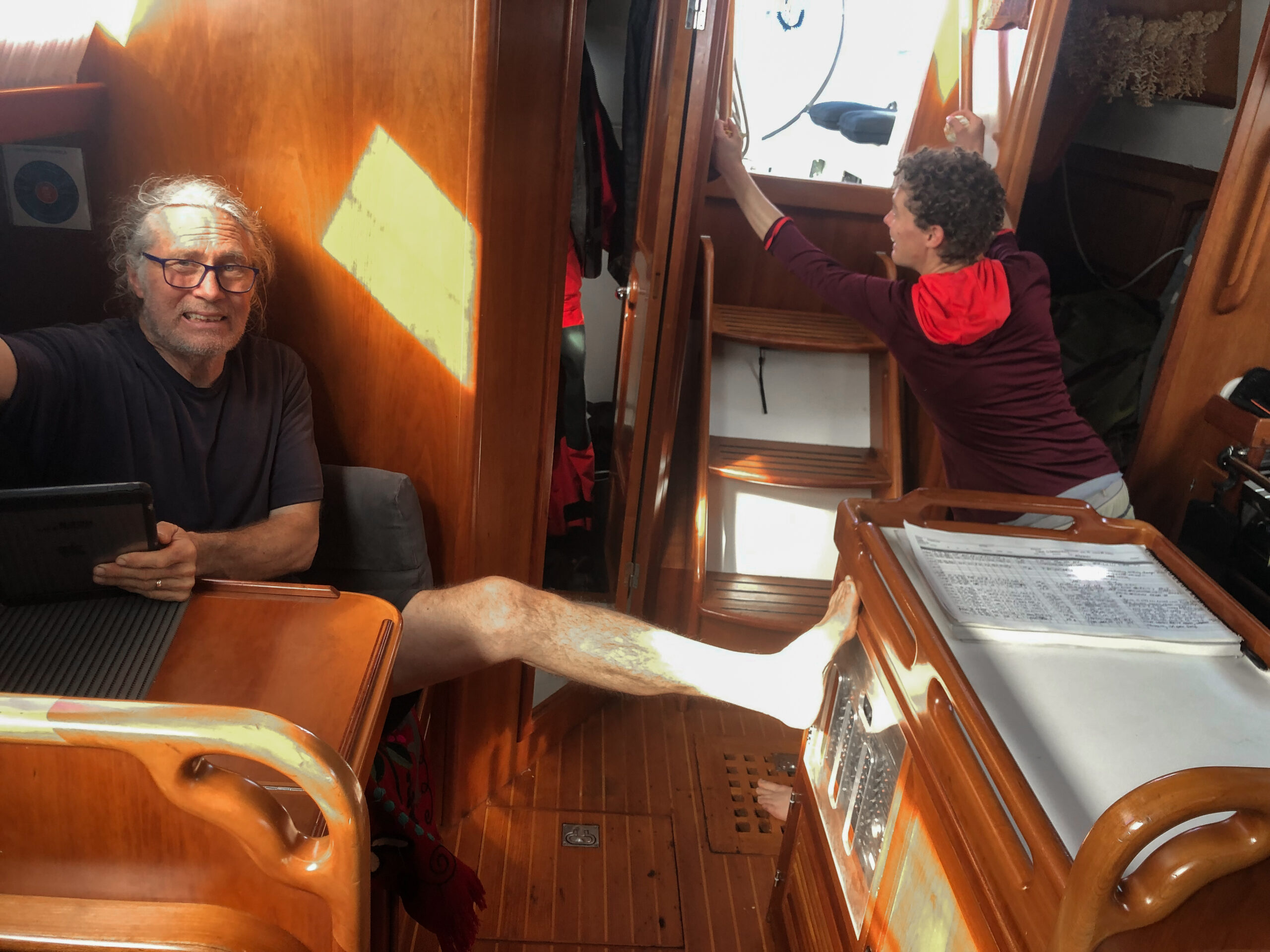


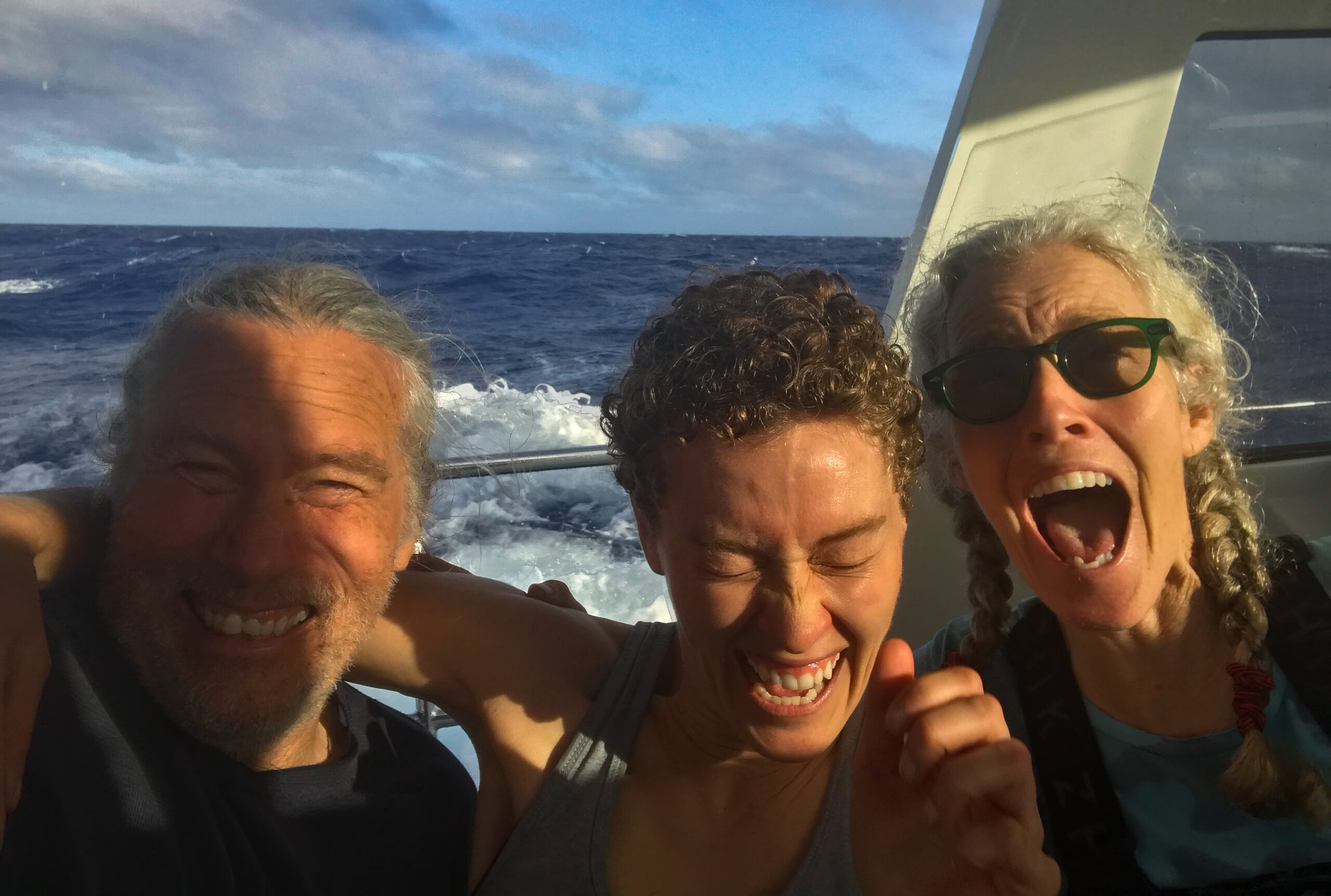
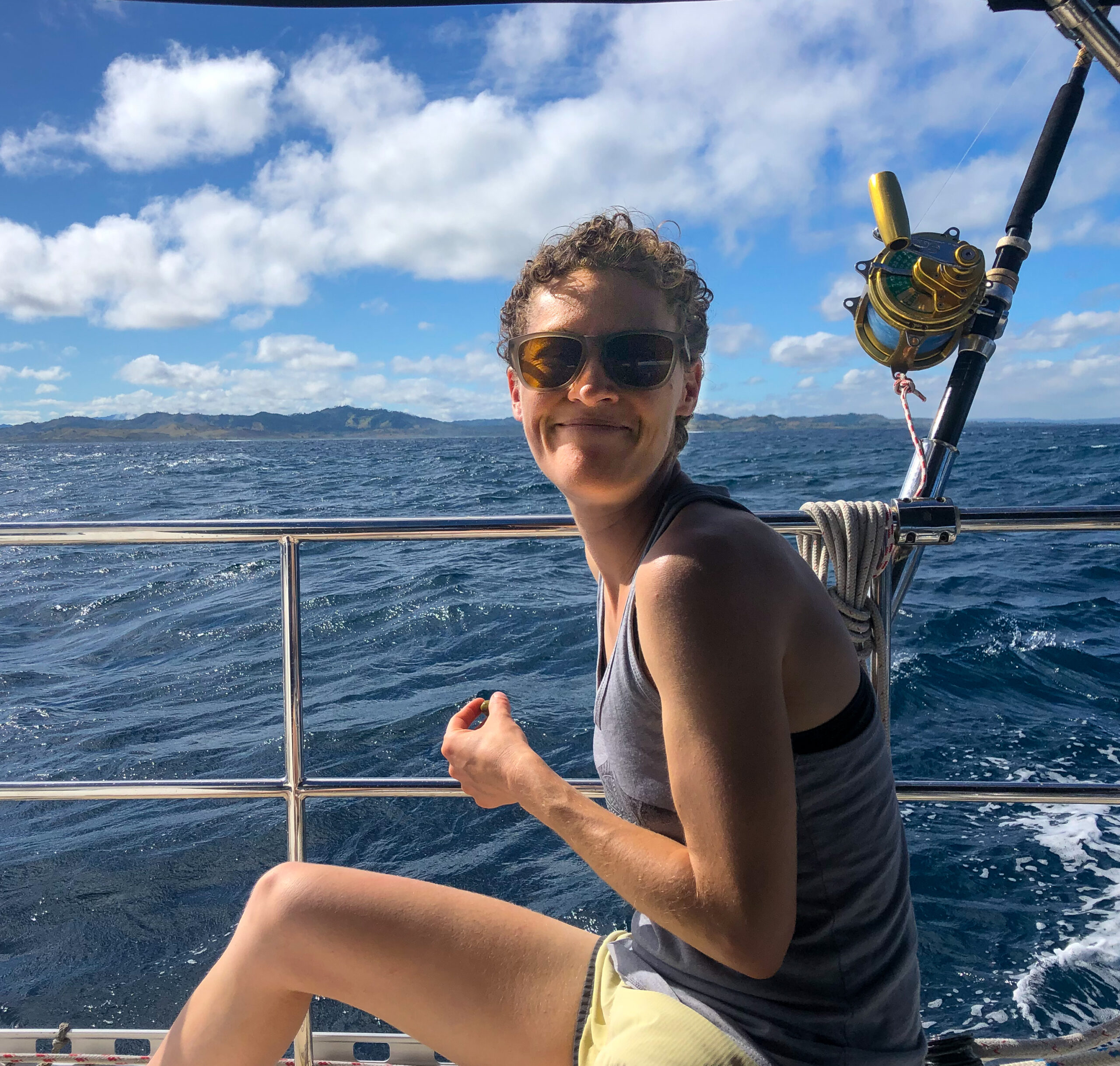
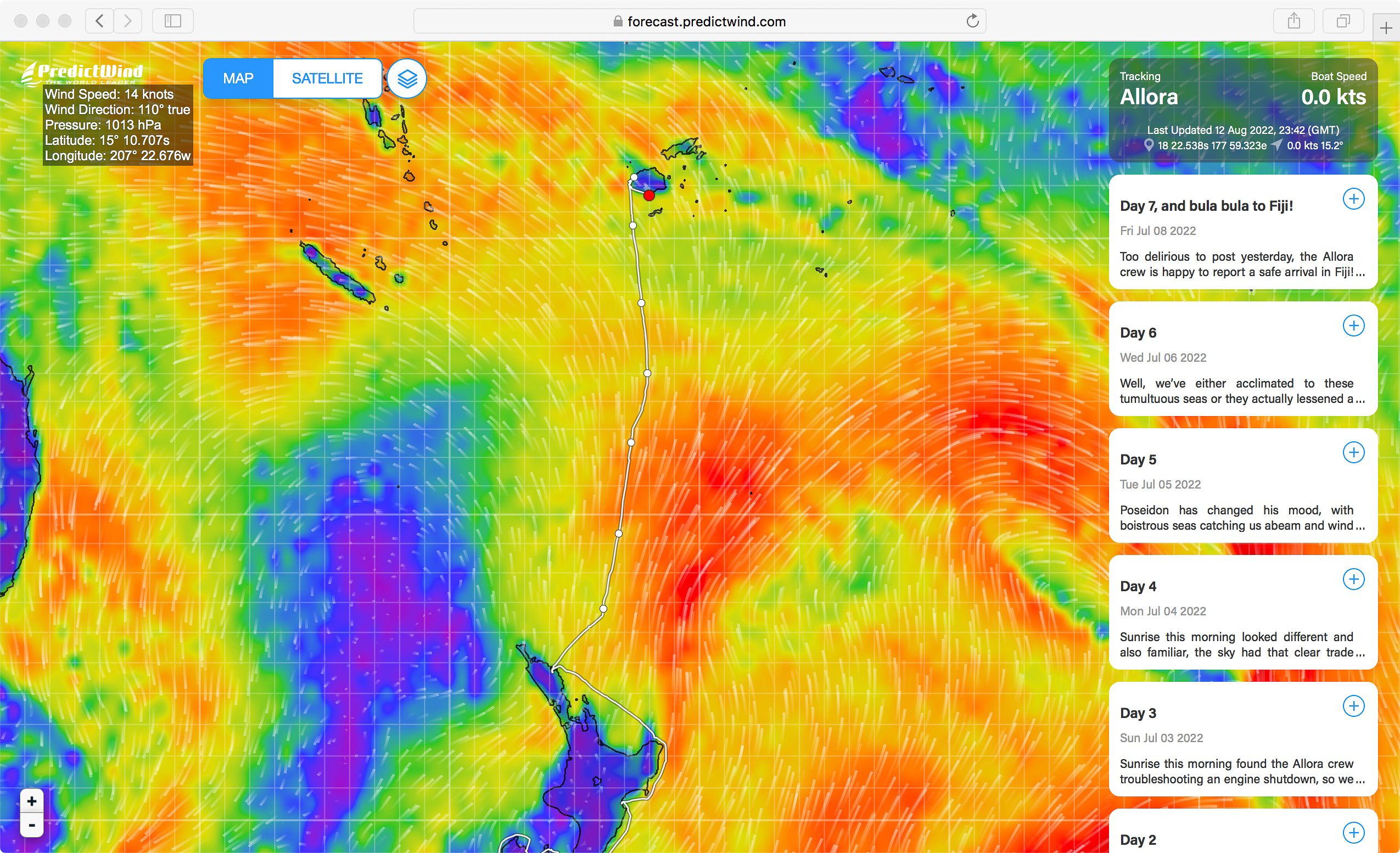
Though our speed through water was usually pretty stunning, it was all such a sloppy mess that our actual distance made good suffered. Still we logged a couple days over 170 miles, coming in at 7 days for the whole passage. After a rowdy, tumultuous, brisk and challenging ride, the calm water inside the lagoon felt surreal, the welcome song at the quarantine dock seriously touched our hearts and the Covid tests brought actual tears to our eyes!
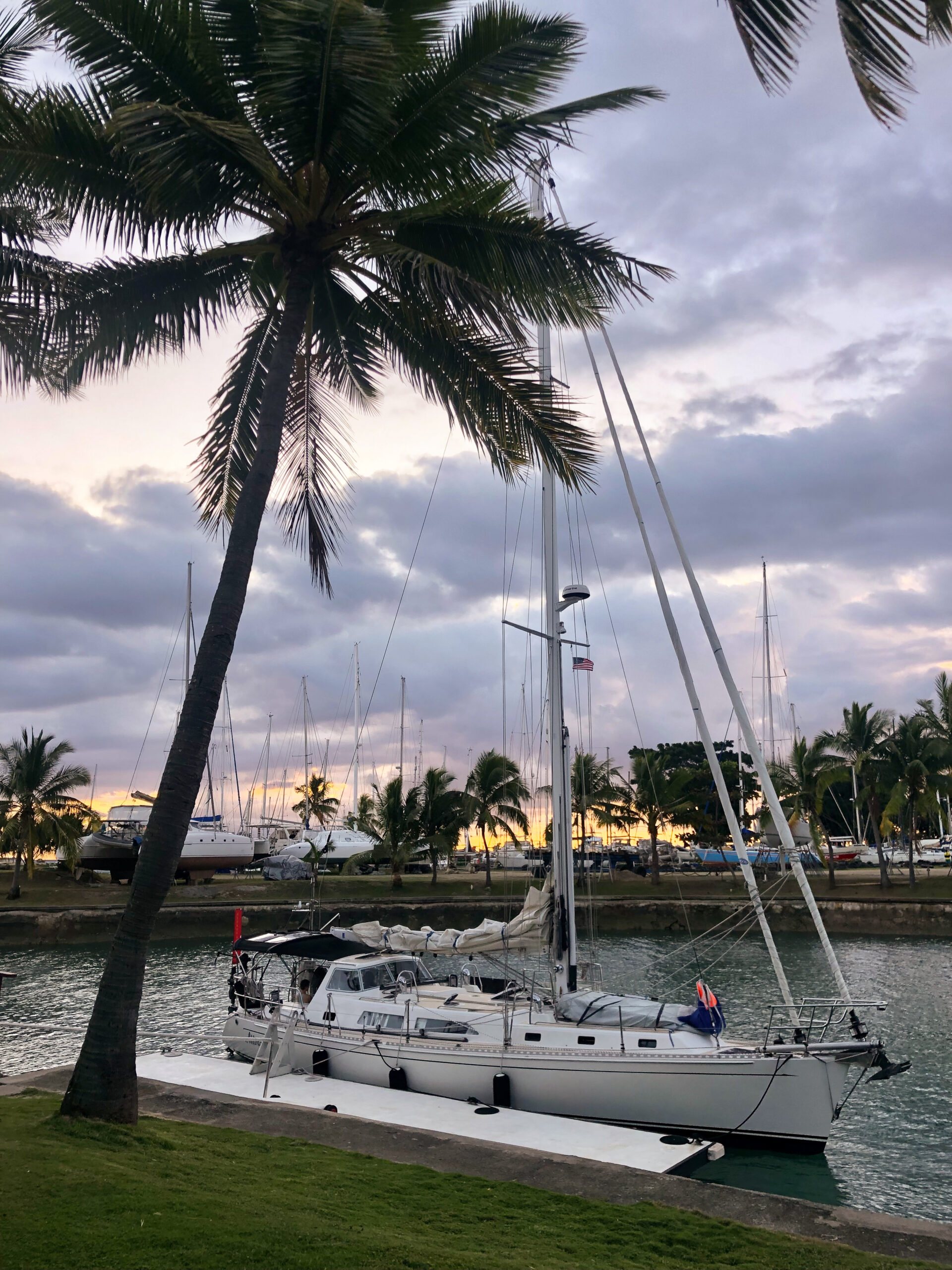

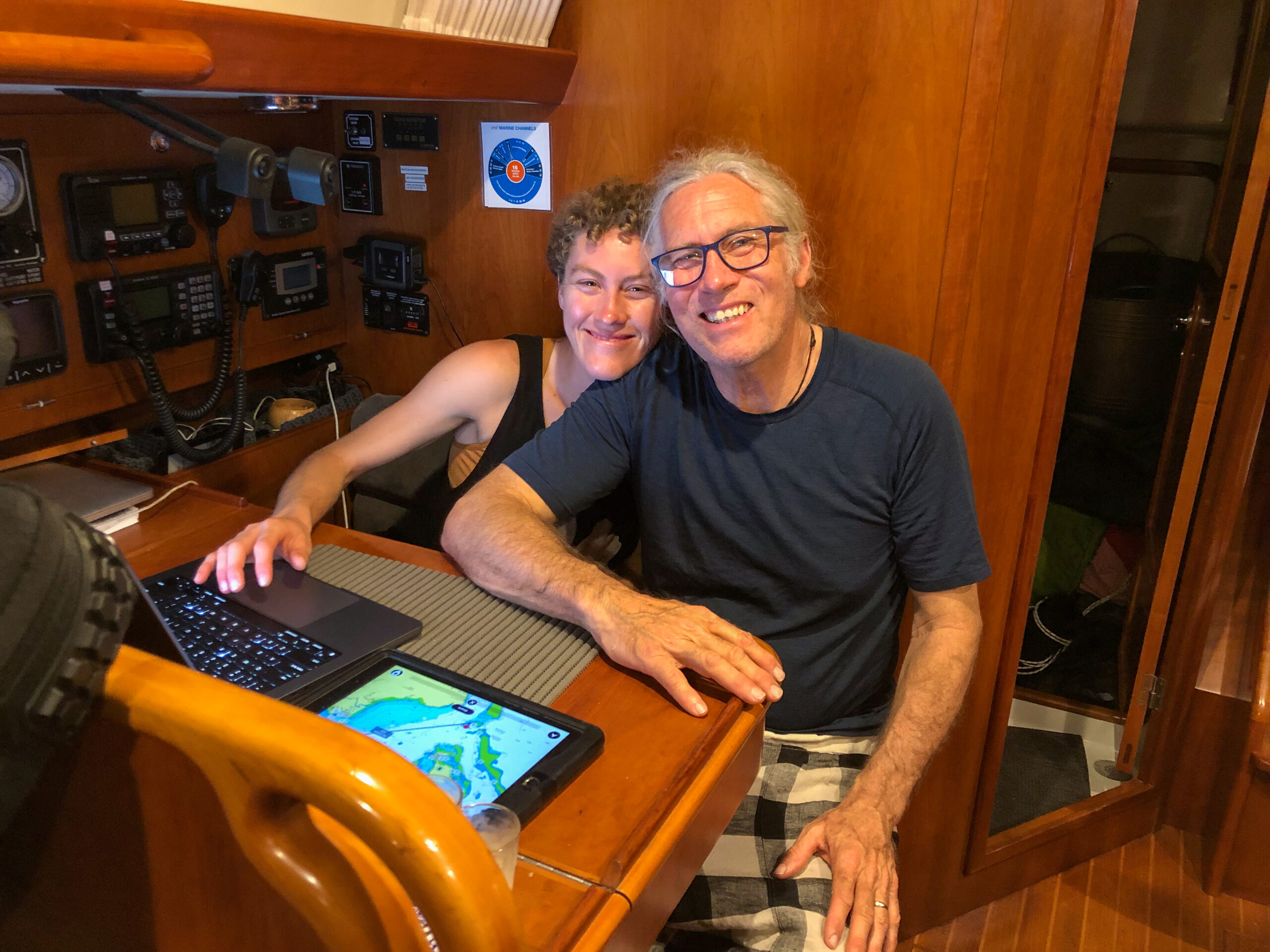
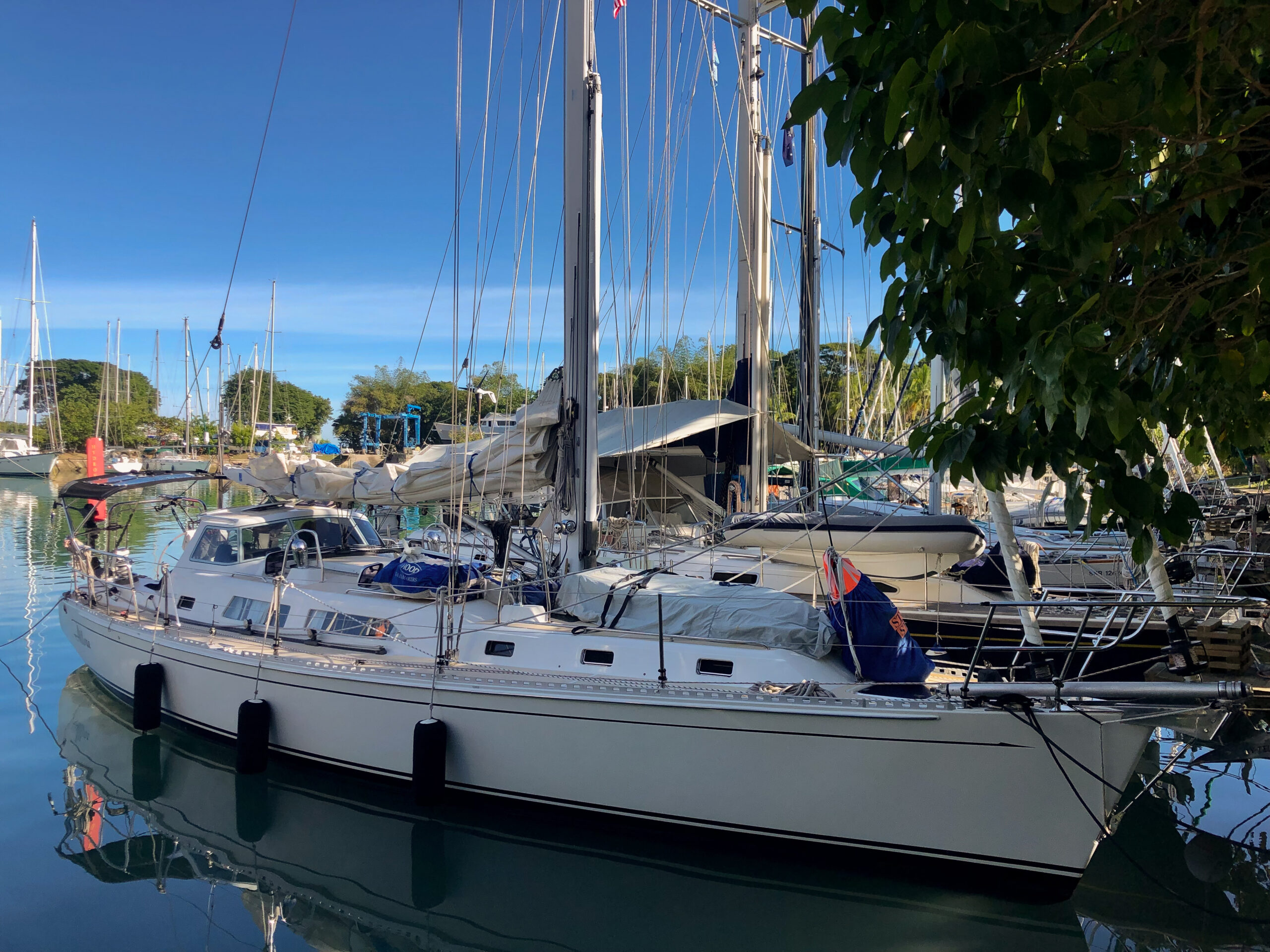
Maddi’s time in Fiji was already going to be pretty short, after waiting in Opua for weather, so we just couldn’t stand the idea of hanging out in the Marina, working engine or not, even though that would obviously be the prudent choice. We hadn’t seen the blown bearing yet, so blissfully ignorant, we decided that we would sail out to the reef for a couple of nights. We picked a spot that looked like we could sail onto anchor, and off, if we had to. Namo (our dinghy) was also standing by to push us along if all else failed. The wind cooperated (which is lucky because the engine quit again just after we got out of the marina and got our sail up), and though we didn’t have to sail onto anchor, we did have to manually drop it since the rough seas of passage had managed to drown a supposedly waterproof fuse box on the windlass.



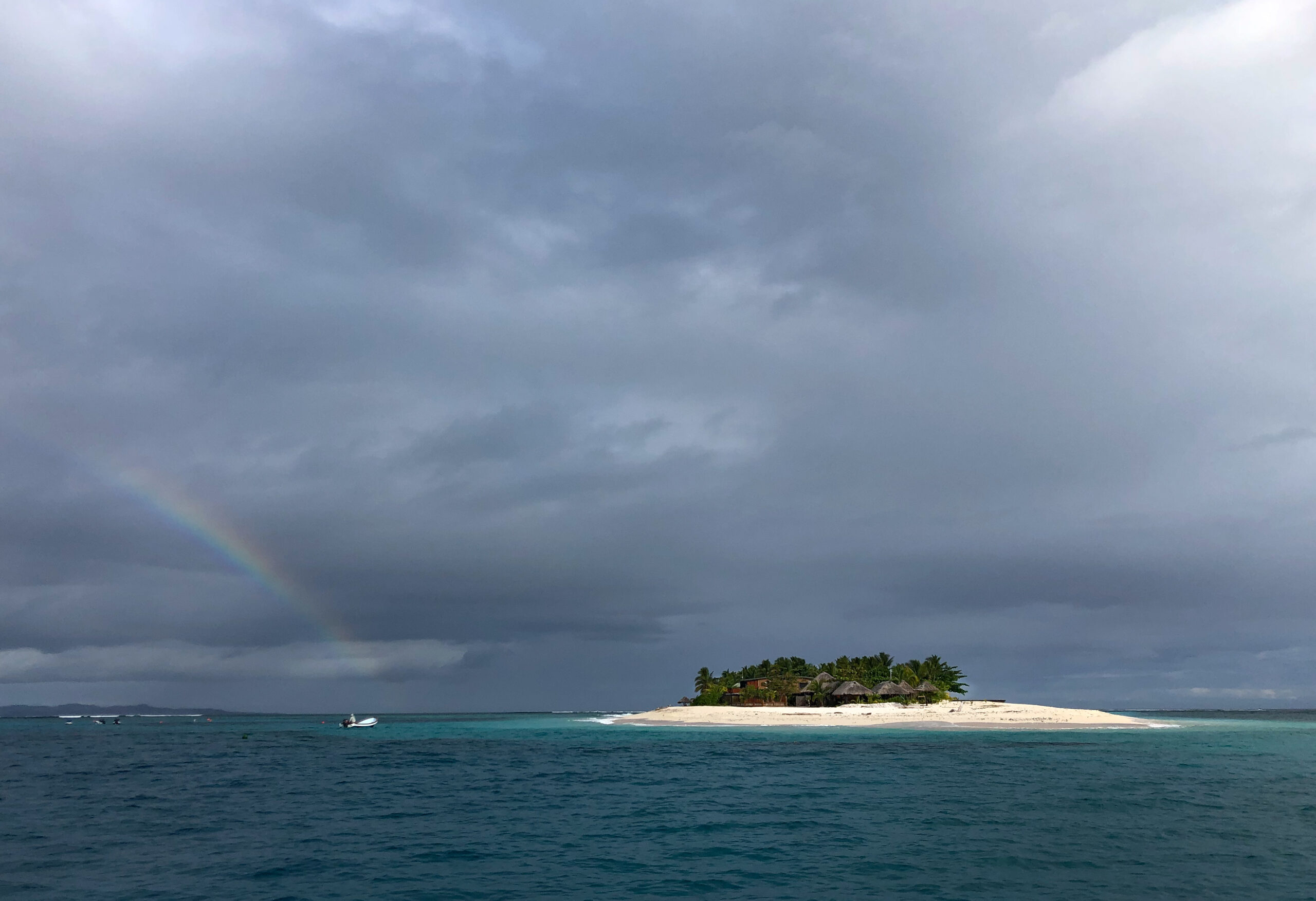
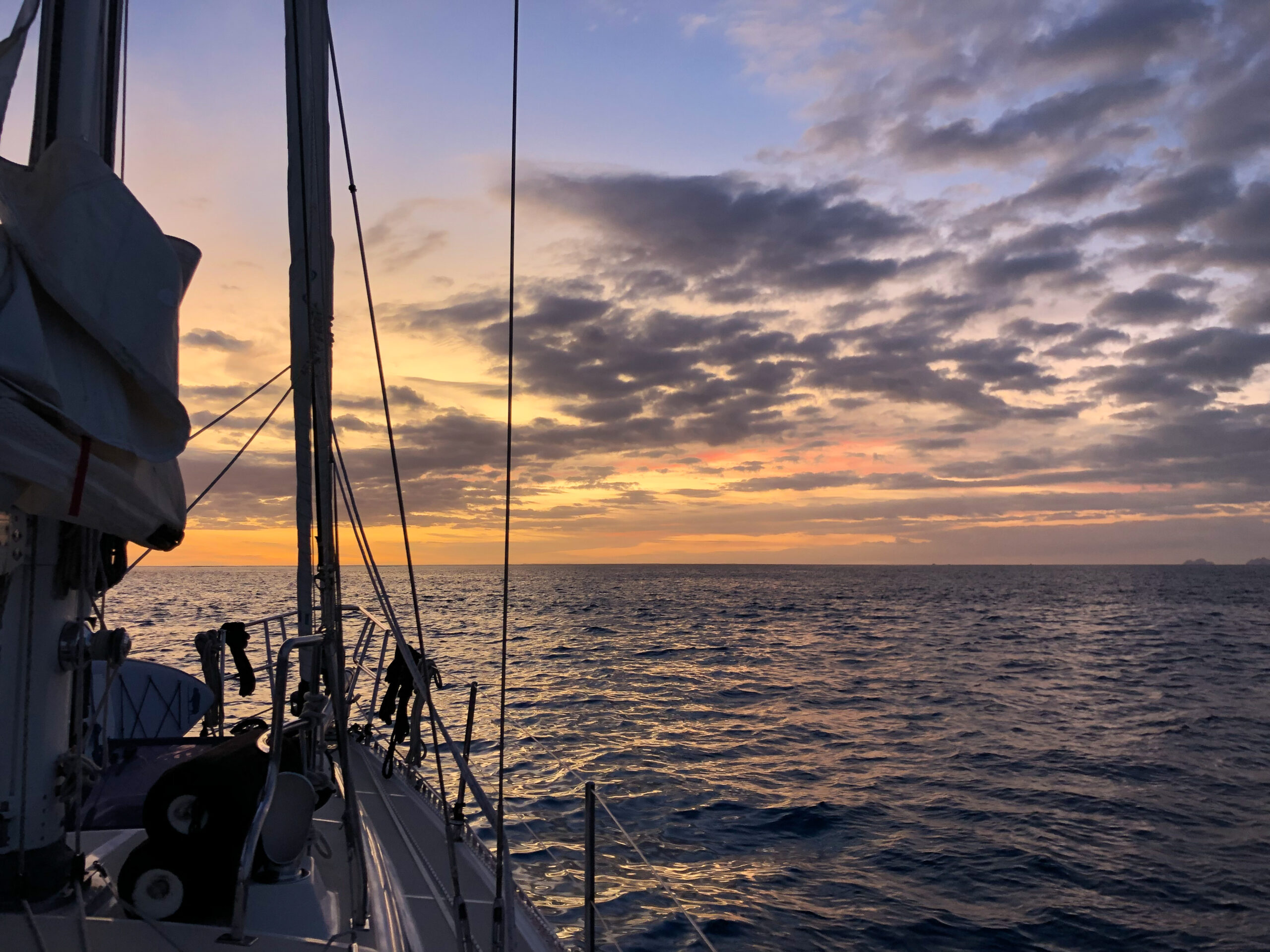
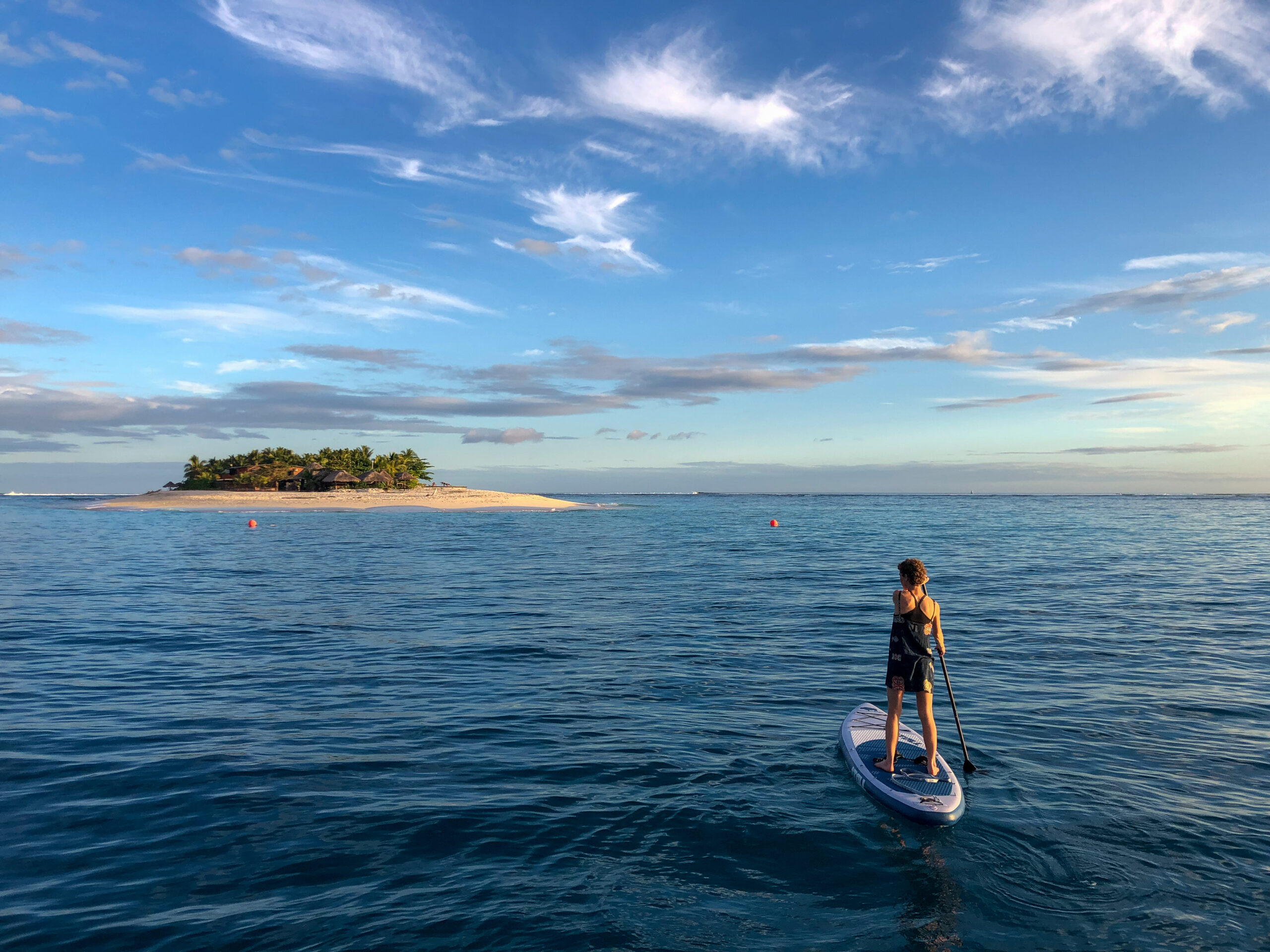



The night before we had to take Maddi back for her flight, I woke up feeling pretty sick. Diana was feeling a bit off, too. She thought it was the rolly anchorage, I thought it might be bad food. By morning I was slammed. So Diana and Maddi brought Allora back without my help.
Unfortunately, there wasn’t a scrap of wind, so they motored the whole way, with Diana in deep psychic communication with the Yanmar 4JH80, to keep it together until she could get all the way in the narrow marina entrance and tied up to the circular quay at Vuda. I watched from below – first the palms of the channel drifting by and then our neighbors’ masts as she wedged Allora into her spot, bumper to bumper with boats on either side. Flawlessly executed. We realize we really need to trade jobs now and then, just to practice for occasions like this. ~MS
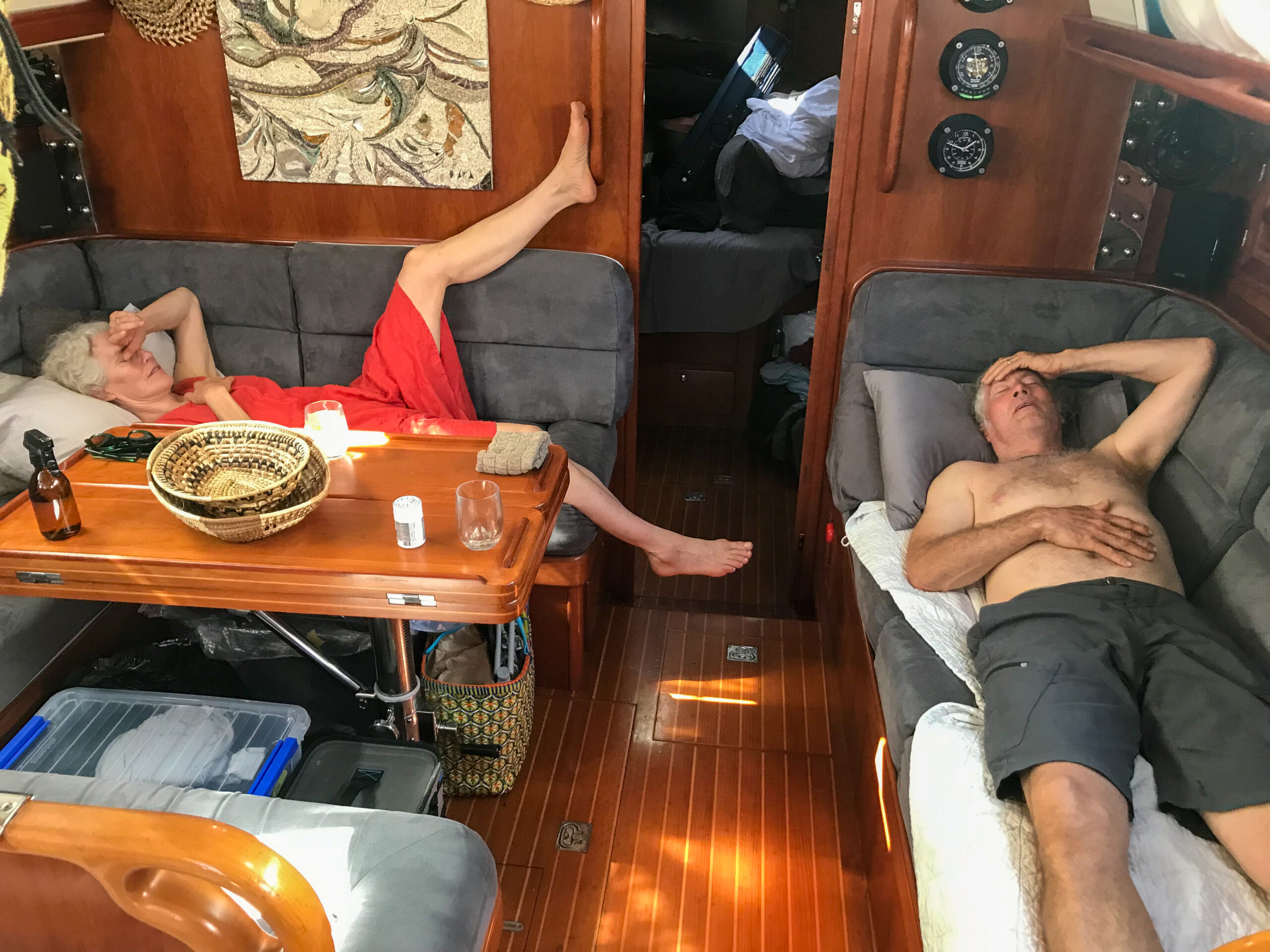
Arohanui South Island! Passagemaking Northward.
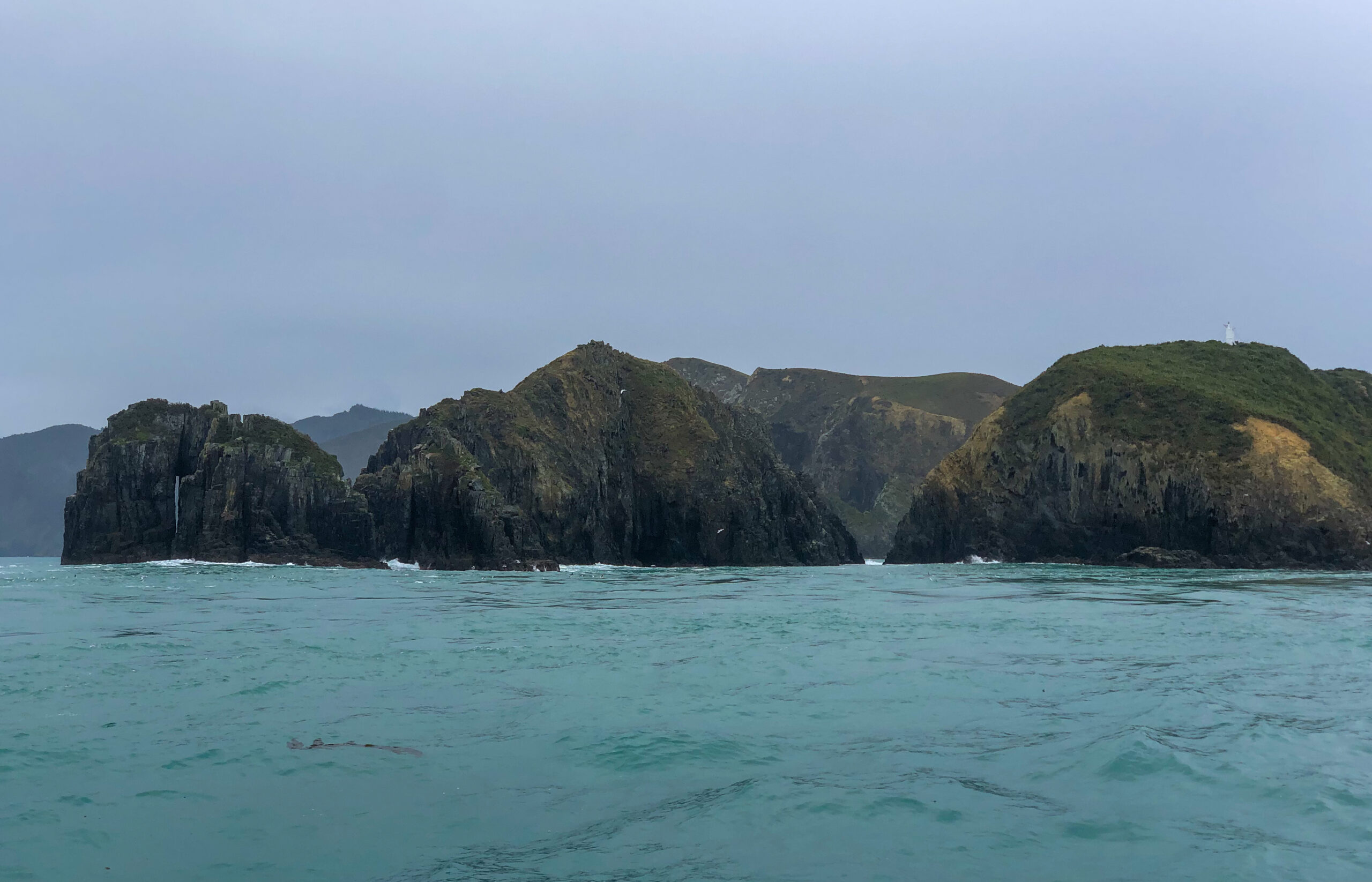
Picton to Opua via Napier and the East Cape (duh, duh, duh)
Diana’s last log entry on the first leg of this passage: “worst passage ever.” Maybe, I’m not sure, but I confess to getting seasick, for only the third time ever. Even so, I think the hardest part was leaving the South Island in dead calm with the threat of drizzle. After two and half years, it felt like leaving home, not least because we were leaving Haley and Liam, and knew it would be a while before we could get back.
Fueling up, (which for some reason is always a little stressful for me), was extra stressful knowing it was the last thing to do before saying goodbye. After multiple hugs and lots of tears, there was nothing to do but cast off the lines and pull away.
We were on a bit of schedule, running out of time to get to Opua before Maddi arrived from the States. Also, it was crucial to time our exit from the Tory Channel for a reasonably favorable current, the basic recommendation was leave on high tide out of Picton. We led that by an hour or two to try to avoid encountering head winds in Cook Strait. It was pretty mild to start and Diana made some super yummy wraps for lunch (she is the undisputed Empress of wraps in my book). As seems to so often be the case sailing around New Zealand, there was no chance of entirely missing the wind shift, and about halfway across we were sailing close-hauled. At least the seas, at that point weren’t too bad, not stacking up against current or anything. I went down to take a nap, and missed Diana logging 13 knots surfing on seas that were getting pretty steep. In fact, we wandered into the edge of an area of rip tides and overfalls, ‘Korori Rip,’ that was pretty dramatic. As it got dark the wind was on our beam and so were the steep seas. Diana was feeling pretty awful, and then I got sick too. This might have been where Diana logged “worst watch ever,” – she was really feeling bad and then the rudder on the hydrovane (our wind vane steering system) came off and started pounding on the stern. It took Diana a couple minutes to figure out what was going on, what the loud noise was. I donned a PFD, clipped the harness in and took a knife out onto the swimstep, hoping that I could cut the safety line off without losing it. It was pretty wet, but I didn’t want to take time to put on boots, so I opted for bare feet. Anyway, it actually wasn’t that bad, Diana has set up holder for a good sharp dive knife and a pair of pliers under the lid of the lazarette where they are super handy (she’s pretty good at coming up with that kinda stuff). I took the next watch and Diana tried to sleep off her seasickness. Once we cleared Cape Palliser things improved dramatically.
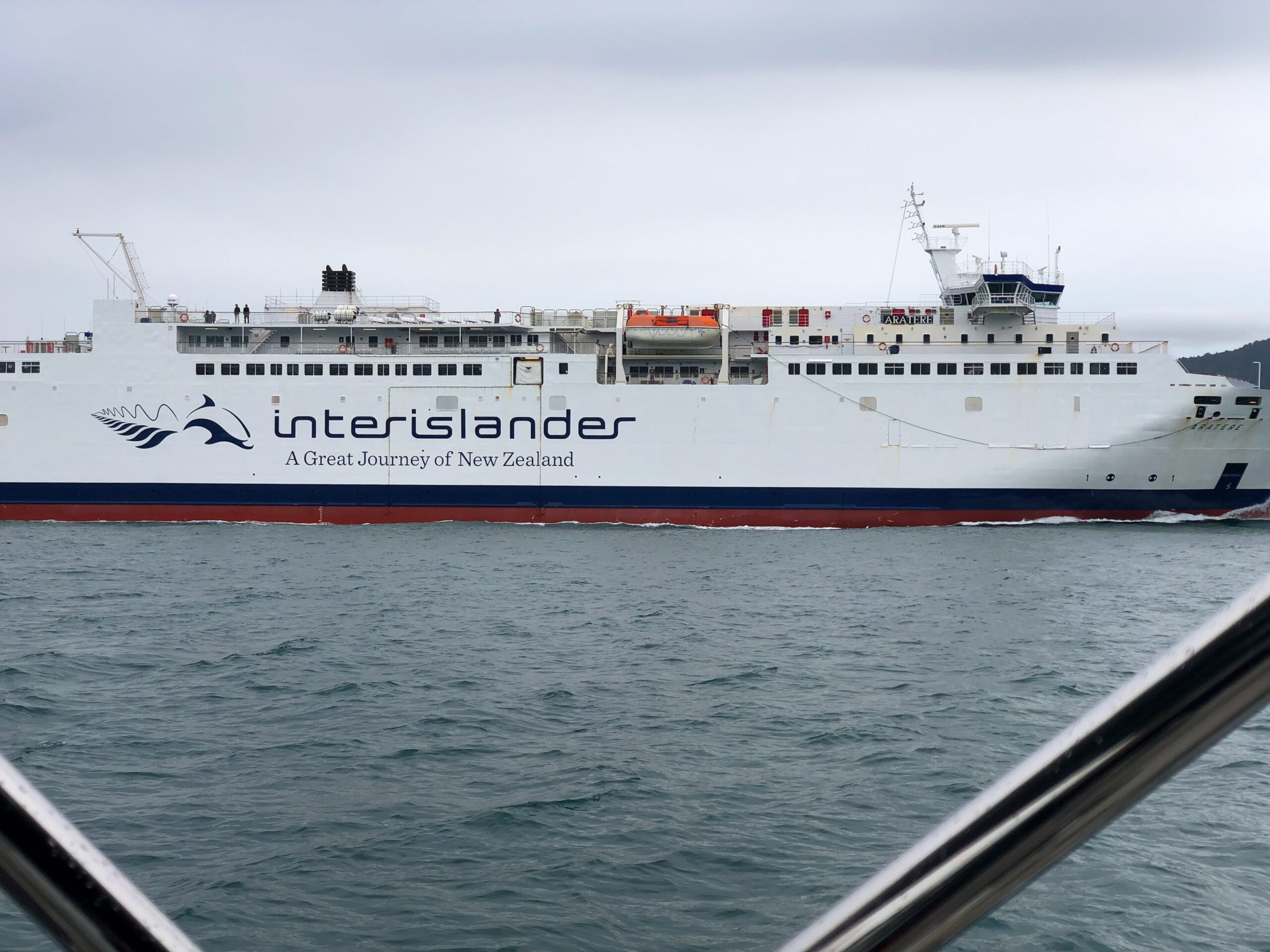
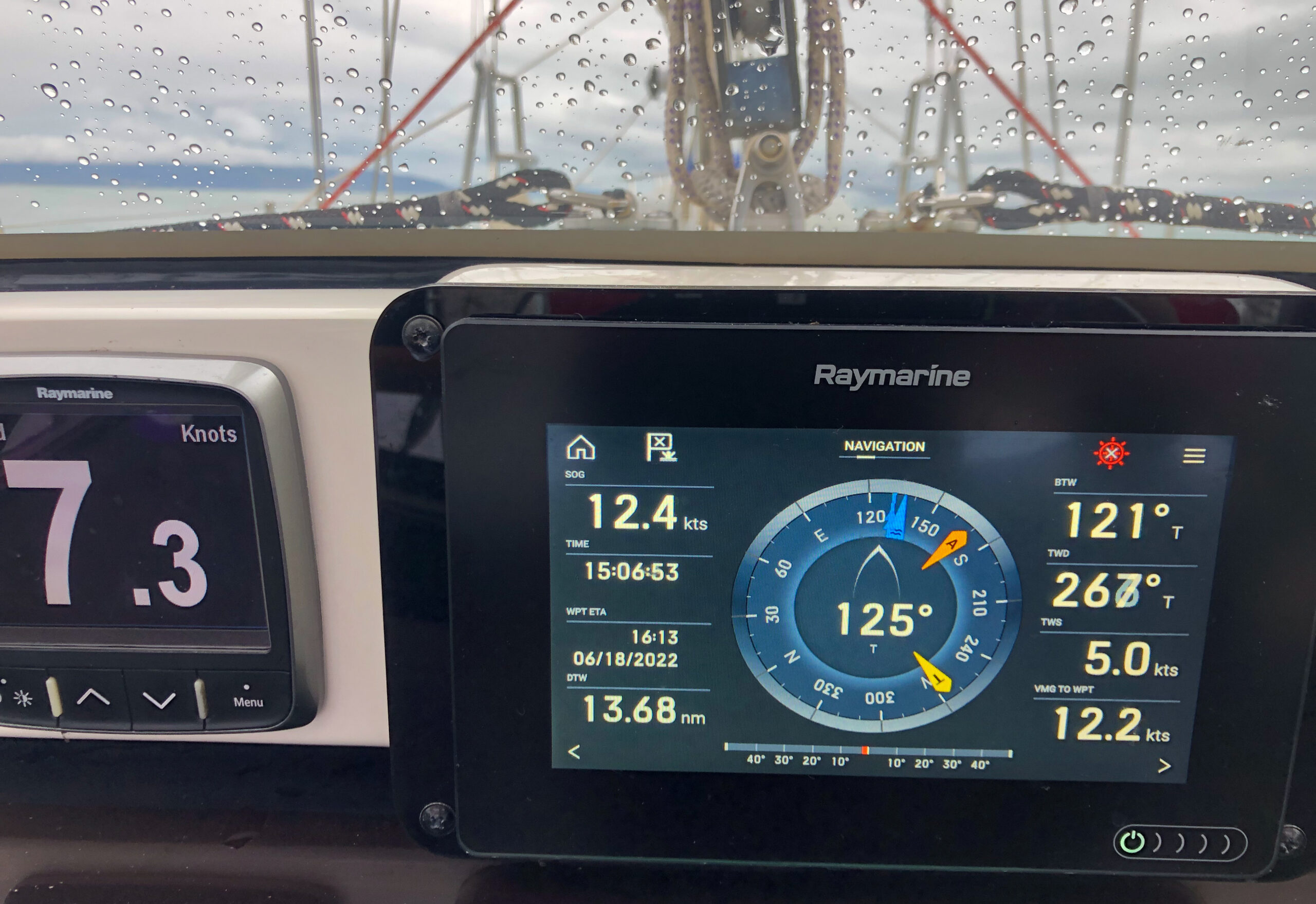
No doubt timing arrivals, departures, capes and channel entrances can be the trickiest part of sailing. You’re always trading one ideal for another. The next challenge of this passage was the East Cape, which is massive and takes a couple days to fully round. The forecast was for 4 meter seas and forty knot gusts… not super inviting. We liked better the sound of a snug marina slip at Napier to wait for the weather to ease up a bit, but that meant arriving at midnight, which is something we are loathe to do if we’re not really familiar with the layout. It’s never nice to feel like your options are bad or worse. As it turned out, the wind in the harbor was still and the passage in, though shallow, was well marked and very well lit. We glided to the visitor’s berth next to the travel-lift, easy peasy. The quiet and calm felt glorious.
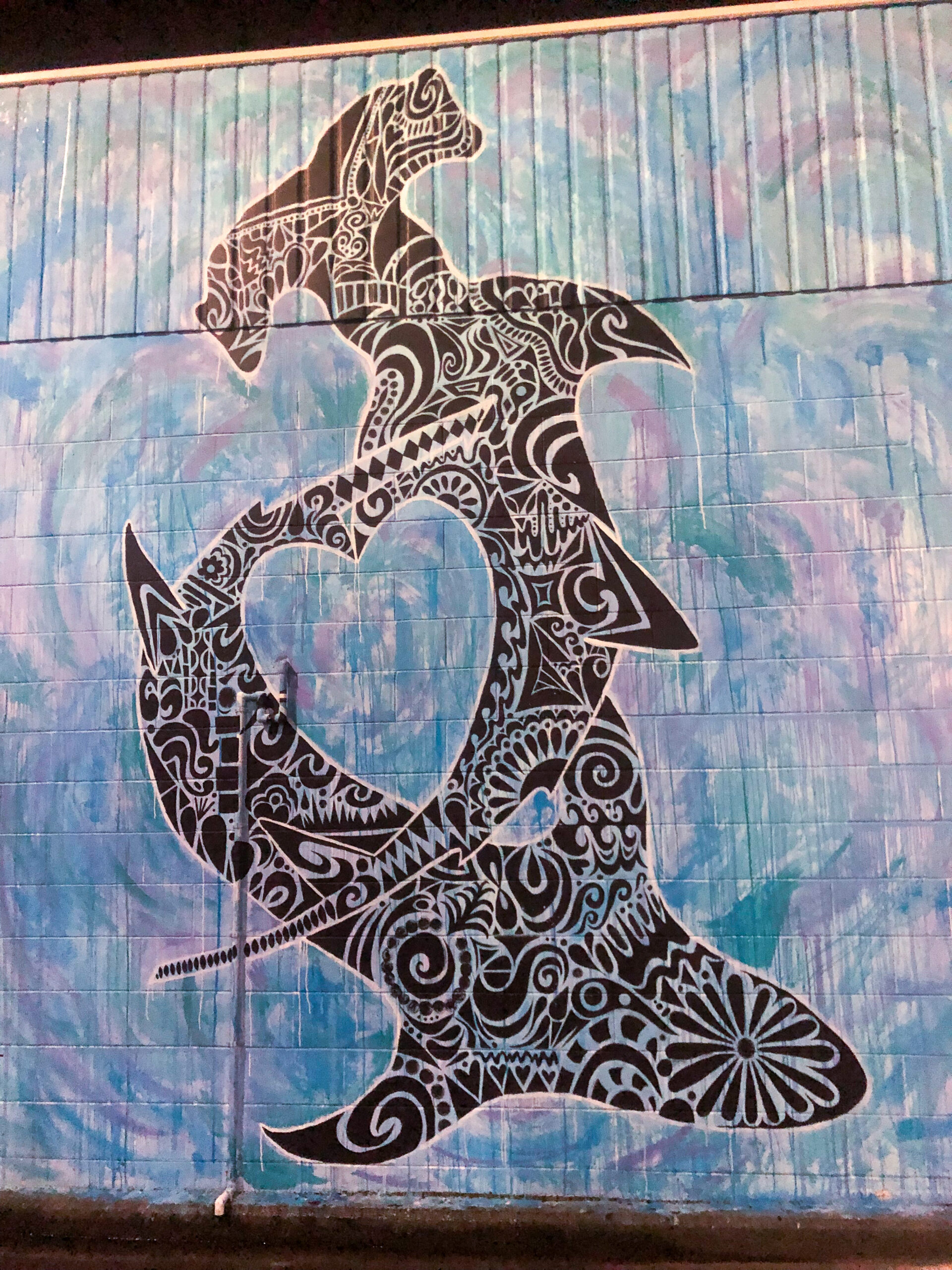

Waiting for the gale at the East Cape to ease came with a trade off — the near certainty that we would have to pass through a frontal system to reach Cape Brett. Yeah, I know, a lot of fretting about capes, but there’s a reason so many of them are given awful names by sailors (Cape Fear, Cape Runaway, Punto Malo, Cape Foulwind), they really do run the show. In the meantime, that lay two days in the future. We rounded the East Cape in the early morning, jibed and then enjoyed a glorious daytime sail headed northwest, pretty as you please, even got the guitars out for a little music.
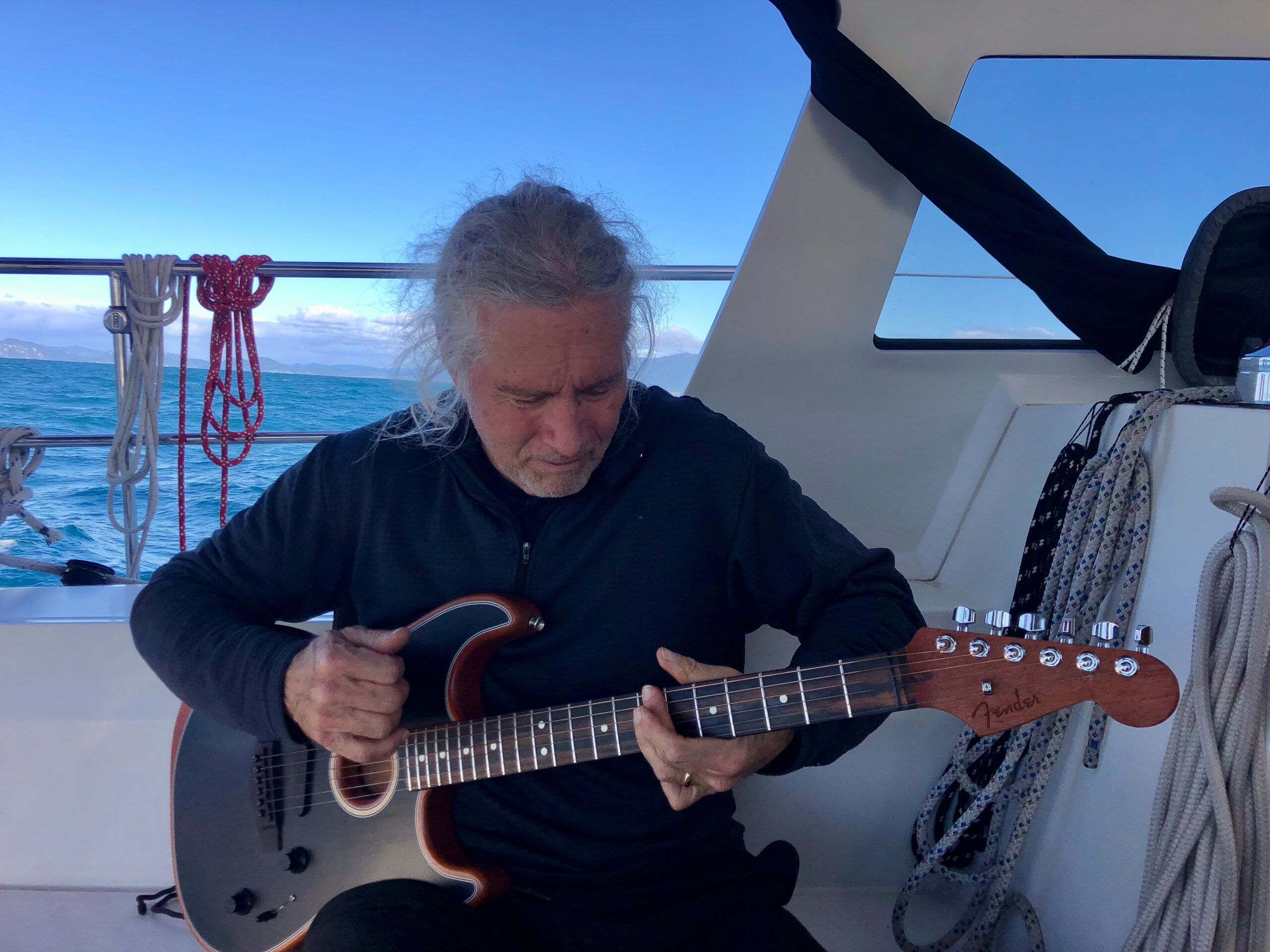


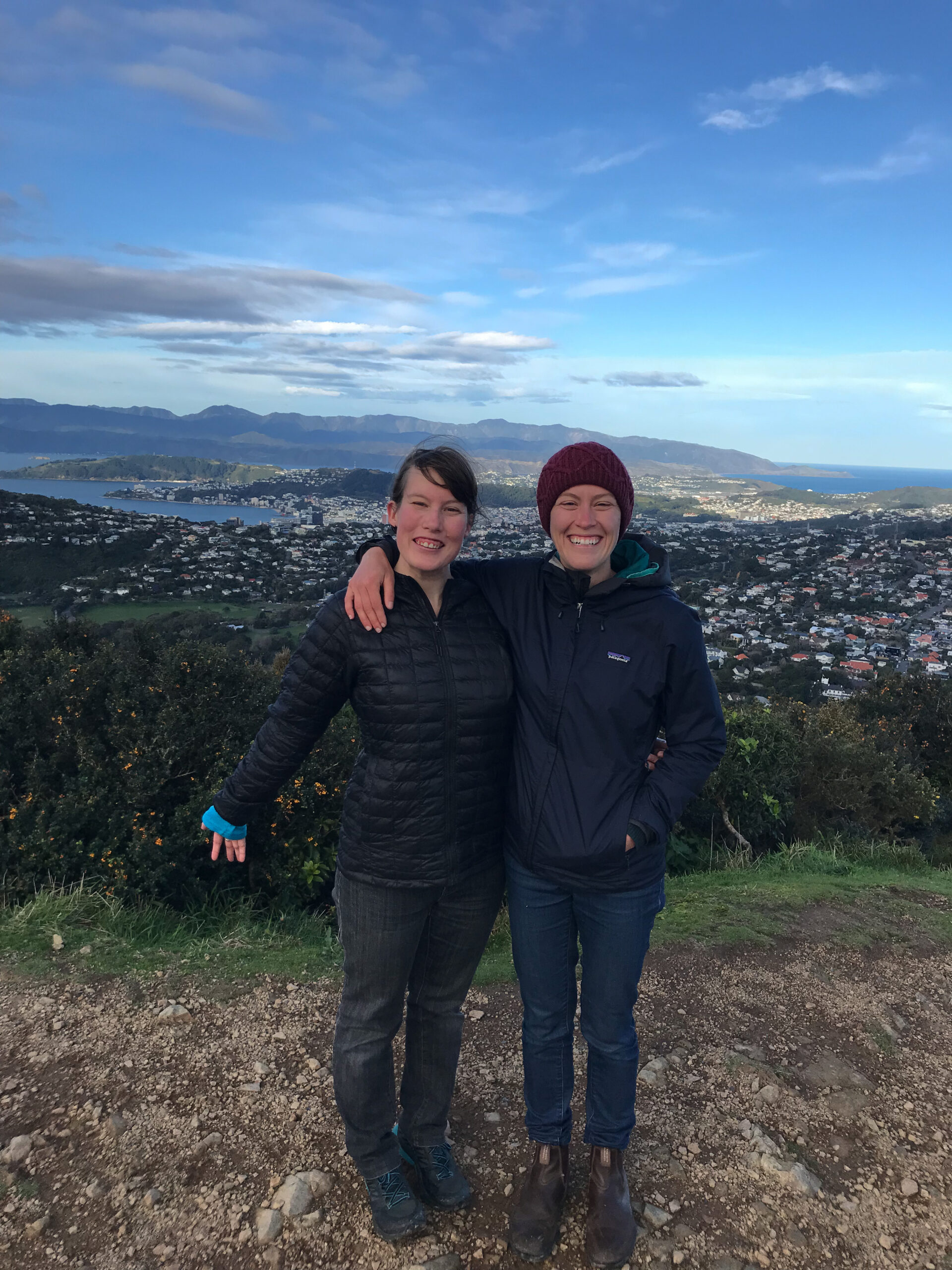
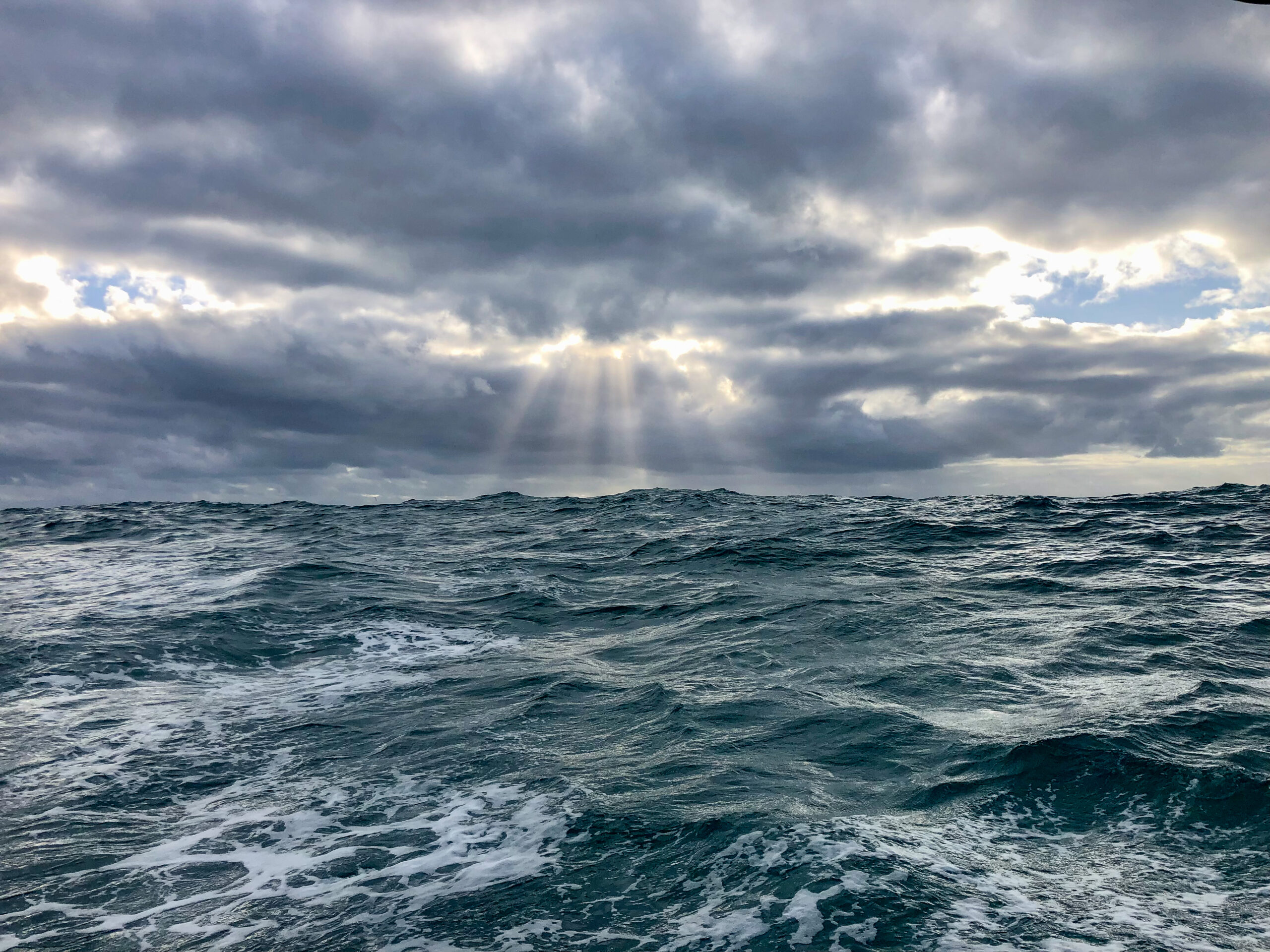

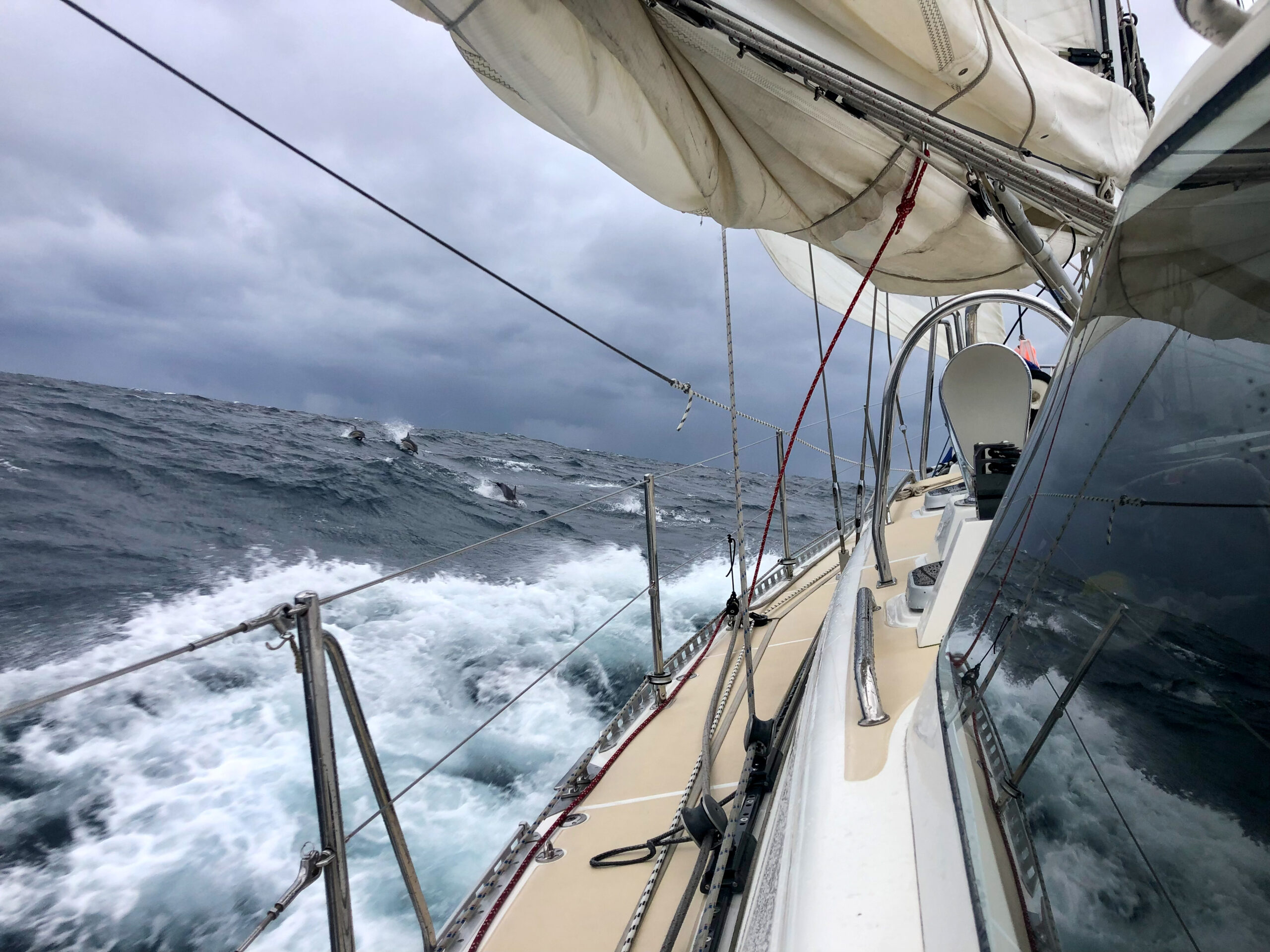
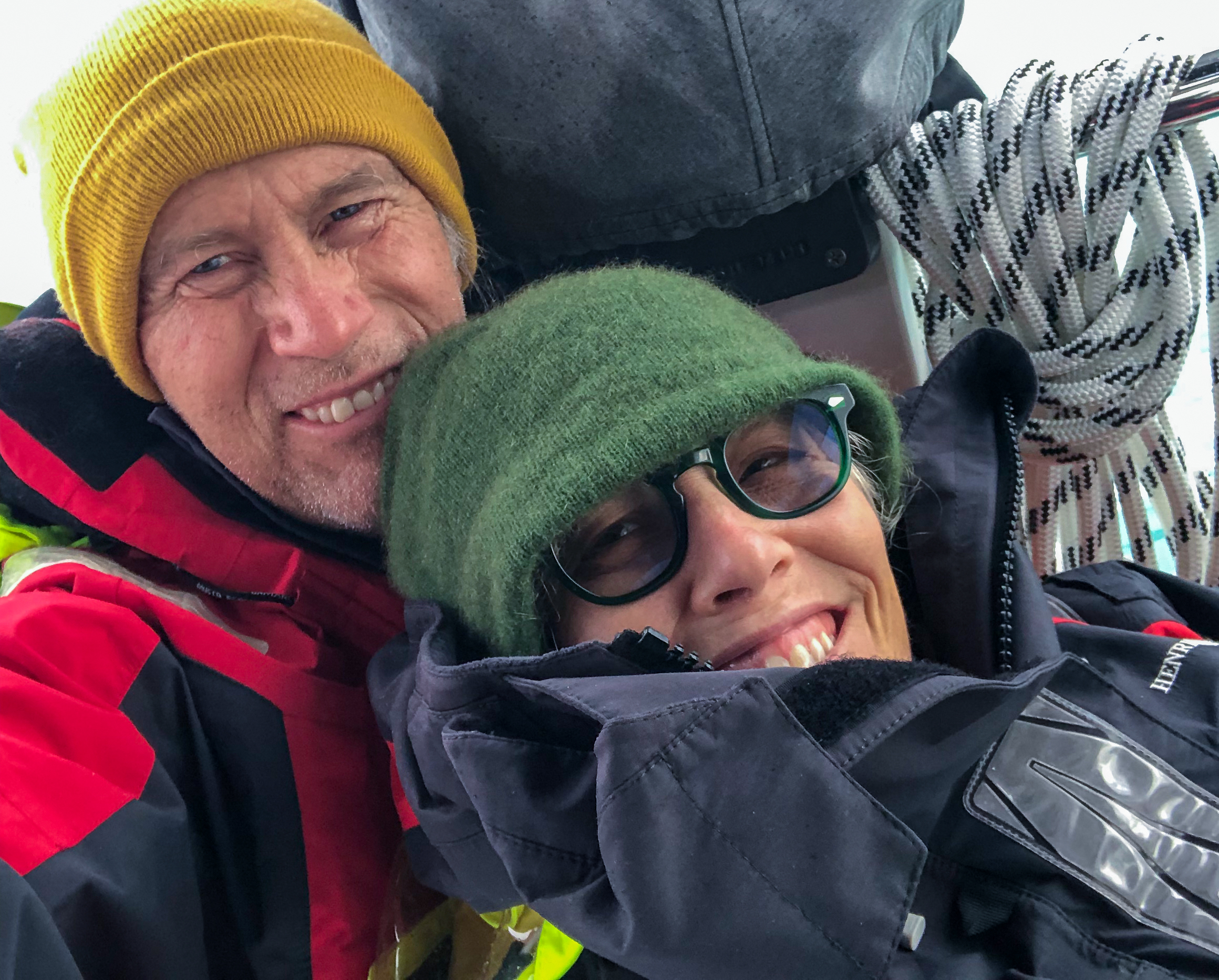
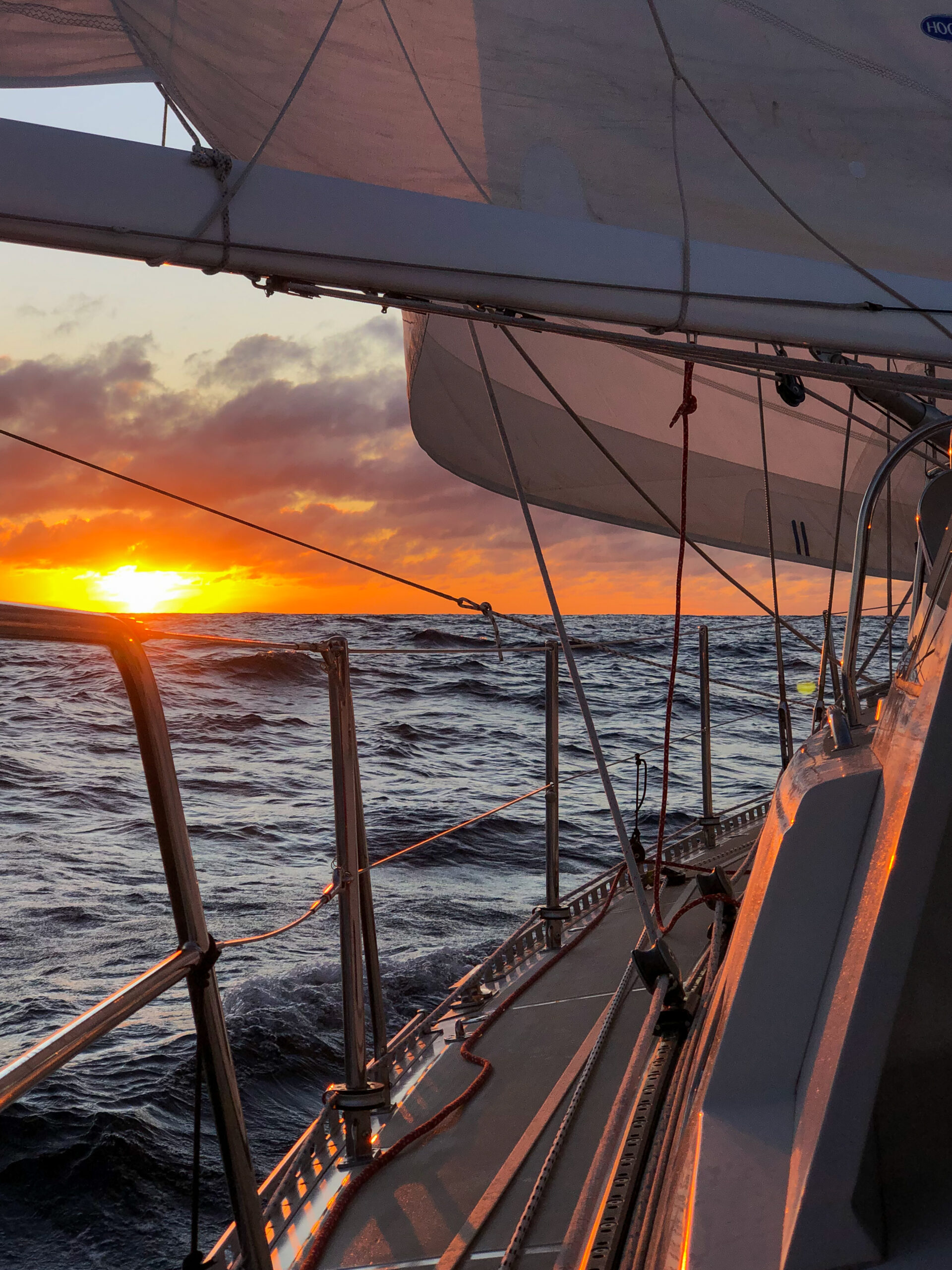
The squalls started with darkness (naturally). Note to self: frontal passages are not to be taken lightly! Also I’m going to try to remember that the forecasts don’t really represent true wind speeds in these conditions. These are more like what you get with squalls in the tropics (sudden doubling of wind speeds) but over a much more sustained area and time period. Soon we were double reefed on main and jib, taking big seas over the whole boat.
Once again, Diana took the hardest watch (you might accuse me of scheming here, but I swear this is just a matter of chance). Her words from the log: waves over bow, raucous, deluge, still dumping. Mine: rain, clearing, wind finally calming. At least I tried to make up for it giving her a longer watch off, putting in four hours to clear Cape Brett. All the while looking forward to the forecast easing and a swing of the wind for a quiet sail into the Bay of Islands. No such luck. Wind died, and then the engine died, 8X according to Diana’s notes. At 5AM I was back on, and eventually the mystery of the engine was solved. I was so focused on the last engine issue back in Fiordland (which was entirely electrical) that it took me a while to realize that the current problem was oil pressure. I’d checked the oil, but with a heeling boat, the reading was off. I added oil and the engine was happy again. More engineering-inclined-sailors than I have expressed skepticism about black boxes (computers) on marine diesel engines, but for the less mechanically minded (yours truly) they can actually be a life saver. Better the engine shut itself down than damage something, though it’d be kinda nice if the $1000 panel offered something a little more elucidating than “CHK ENG.”
Dawn came quietly, and it worried me a little to see fog along the coast, but it dissipated as we arrived, and pulled into a quiet slip in the Bay of Islands Marina. ~MS
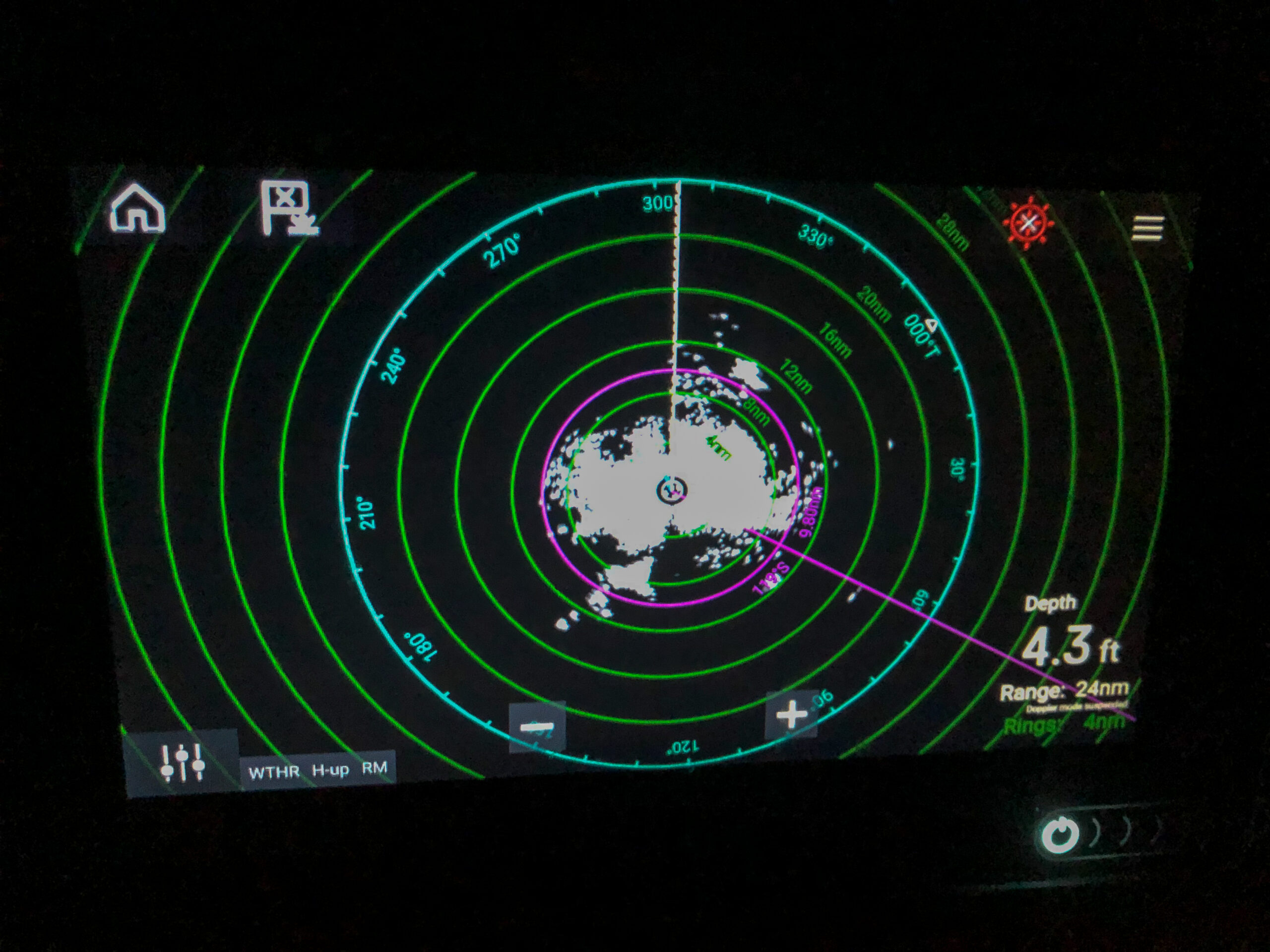
“The Picton TIME Project”
For this blogpost Diana asked for some words about “the reality of time,” which seems rather an ambitious metaphysical topic for a blog about two people goofing off on their sailboat in beautiful places. But here goes.
Time? What time? As sailors “living the dream” obviously, we don’t ever have a “schedule.” We do whatever we like, whenever we like, for as long as we like. With a few caveats.
First there are a few not insignificant constraints imposed by Nature — forces in the natural world beyond our control (so all forces of nature), stuff like sea state, wind, cyclones, storms, calms, ocean currents, physical laws governing displacement hull speed, gravity (this is a big one), the sun (and the massively destructive force of UV), the evil spirit that inhabits machinery, salt (never to be underestimated), electrolysis, whatever it is exactly that makes rust, and also biological forces like the stuff that grows on Allora’s bottom no matter how much expensive, toxic paint we apply, and Covid 19.
Then there are a few, also not insignificant constraints imposed by Governments — most importantly border formalities, and arbitrary human designations of authority abstractly represented as nationalities.
Then there is the stuff absolutely everyone contends with, sailor or no, like the second law of thermodynamics and Space and Time, or spacetime, or whatever this stuff we all swim about in is properly called.
We calculated that we were two months worth of Time behind “schedule” for most of 2021 and well into 2022 when all of the above mentioned irresistible forces collided with the expiration of our New Zealand visitor’s visas (extended at least four times because of Covid) on June 30, 2022. (And also, Winter, that ominous and unpleasant climate event of the mid and high latitudes which seems to come up much more frequently than a reasonable, fun-loving sailor might like).
We had a mighty to-do list, and spent most of the months of May and June feeling fairly overwhelmed as we tried to play catch up.
As to the metaphysical question of Time, perhaps it is philosophically or scientifically possible to question its objective existence (not that those are arguments I could ever hope to follow), but when all these forces converge, time can definitely feel in short supply, cramped, and very real indeed. We tried to remind ourselves, during rare moments of pause, that time, whatever it is, doesn’t really contract or expand. There’s always just today and what’s happening right now. Right? All of this busy-ness is just so we can sit around and procrastinate later, and find ourselves once again, about two months of time behind. ~MS



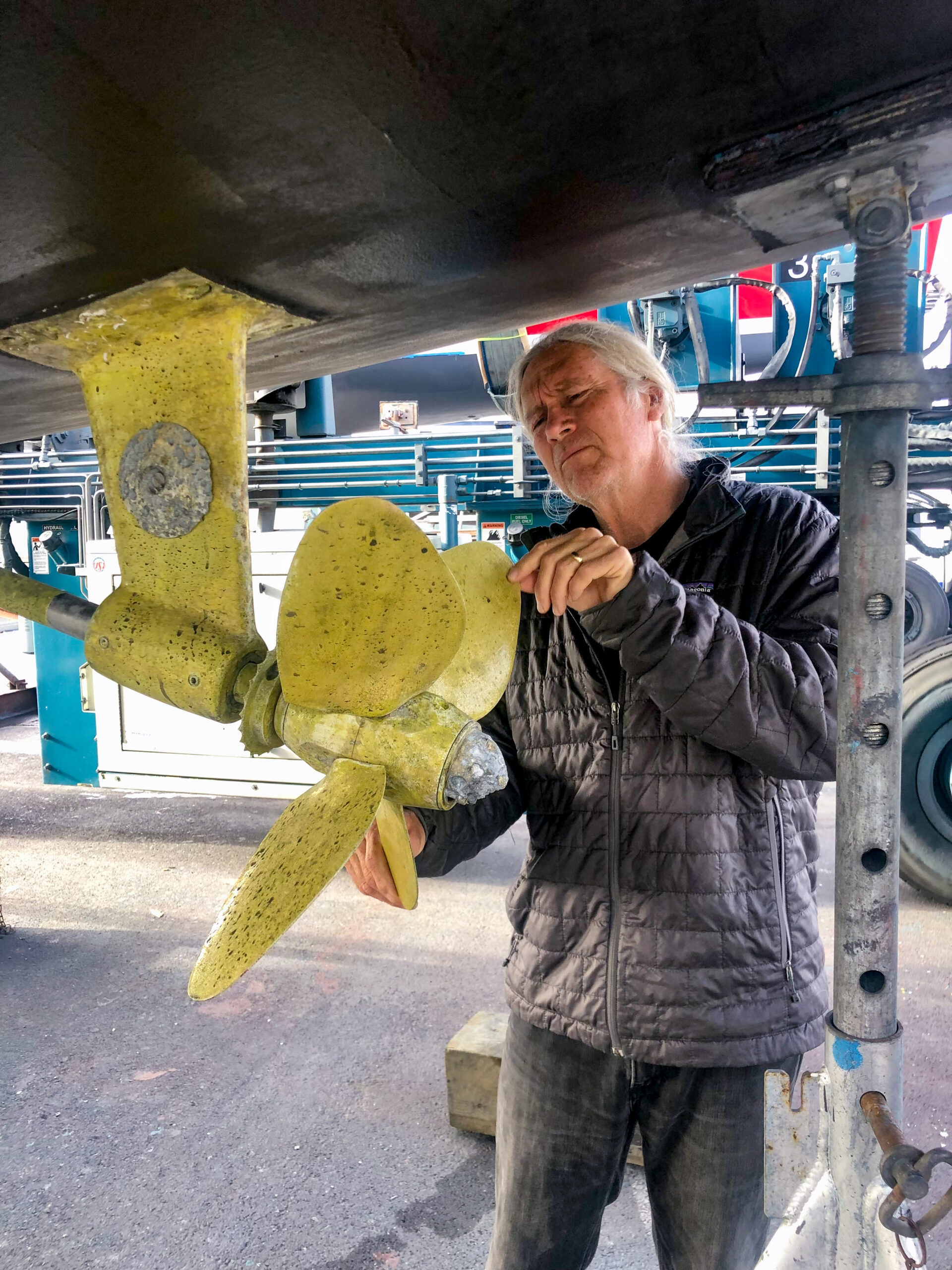
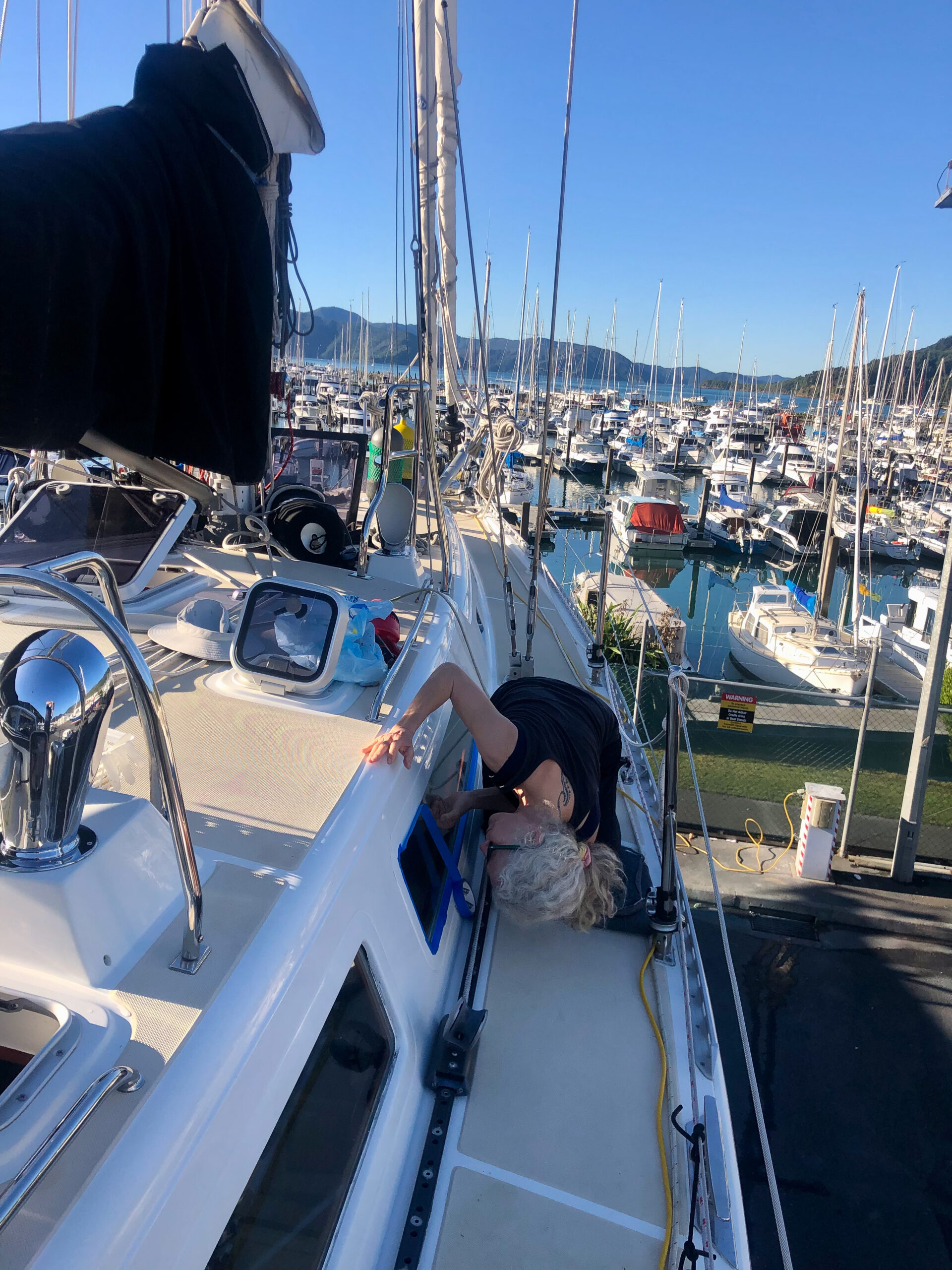
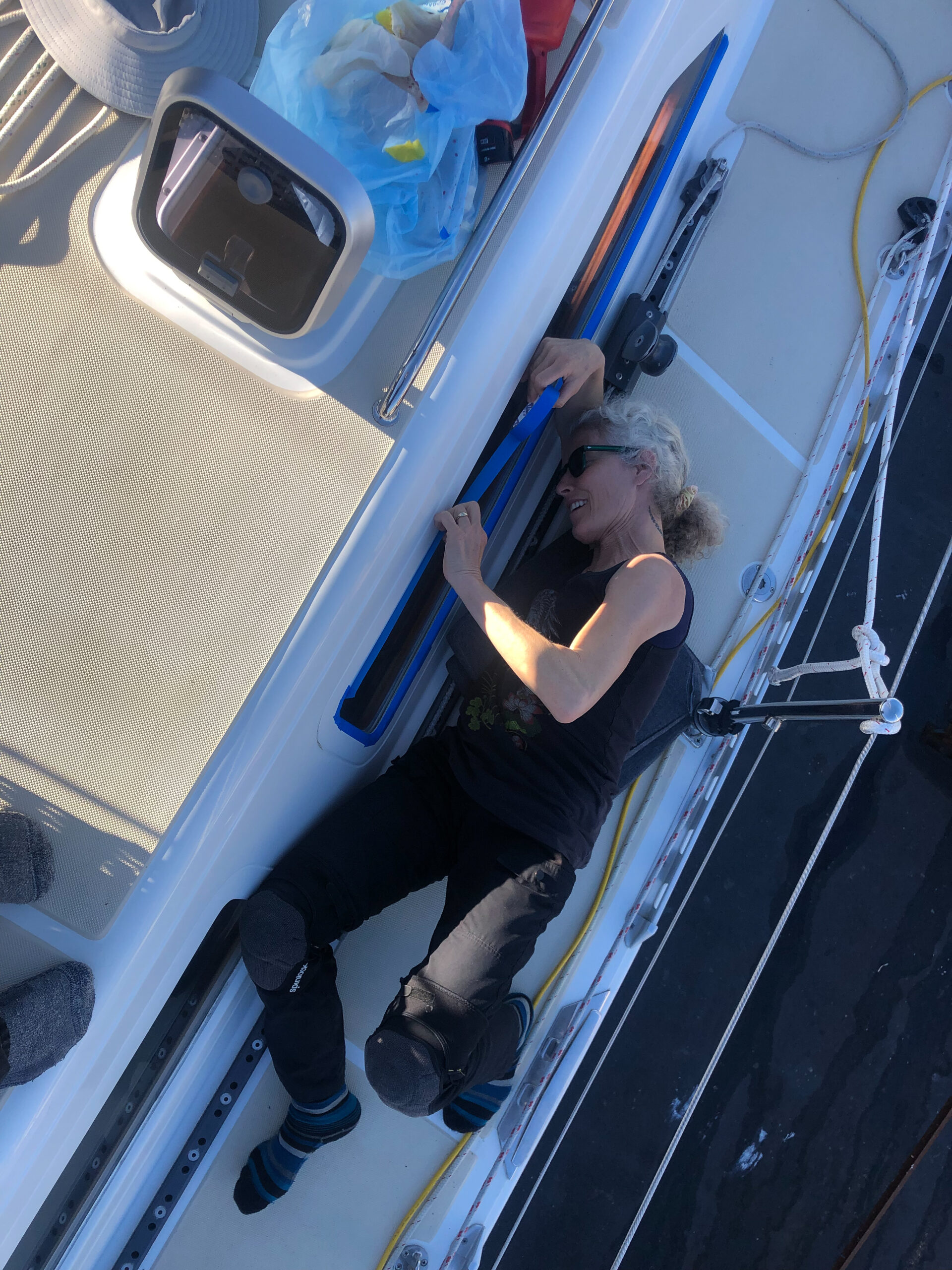
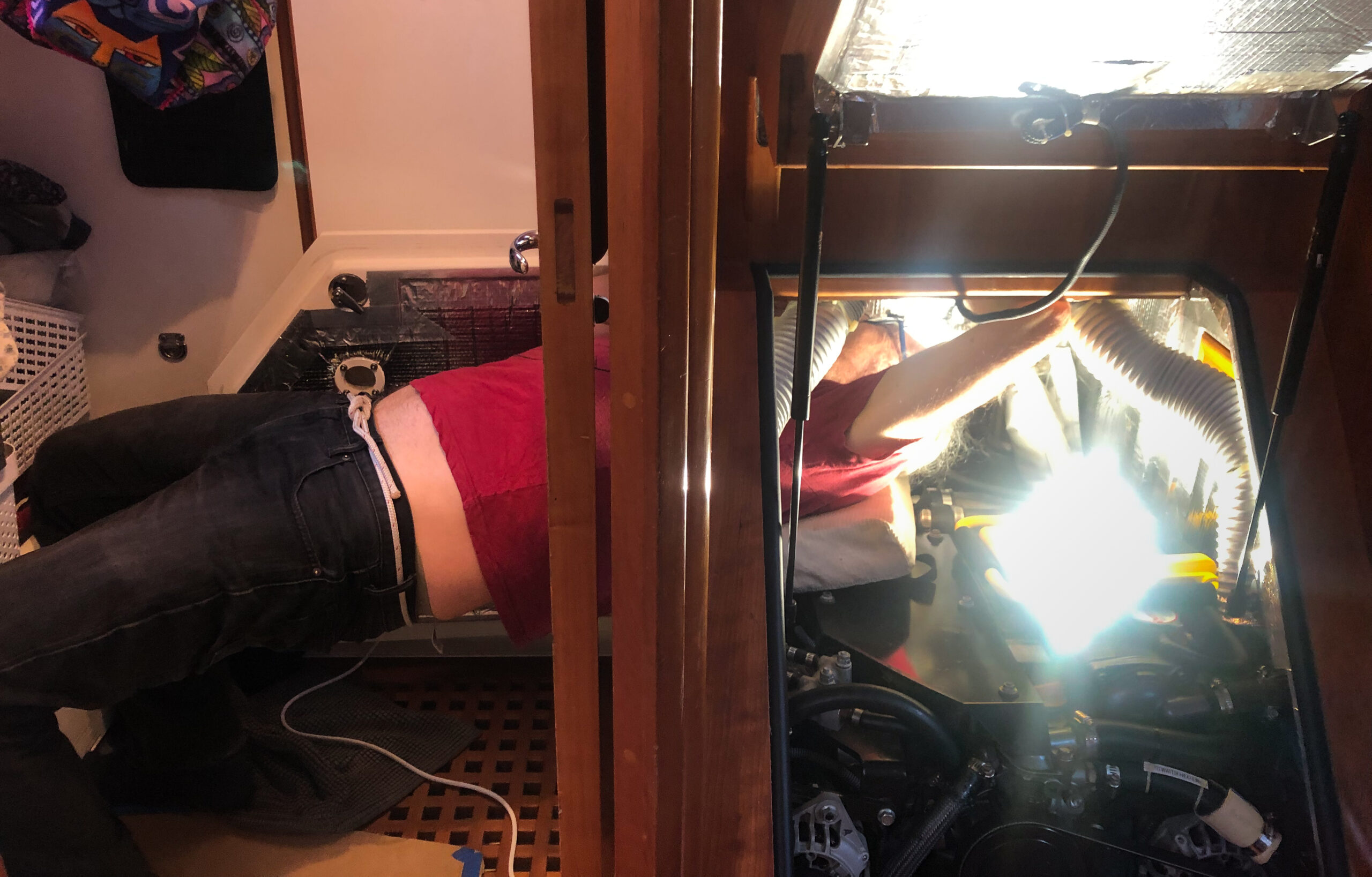
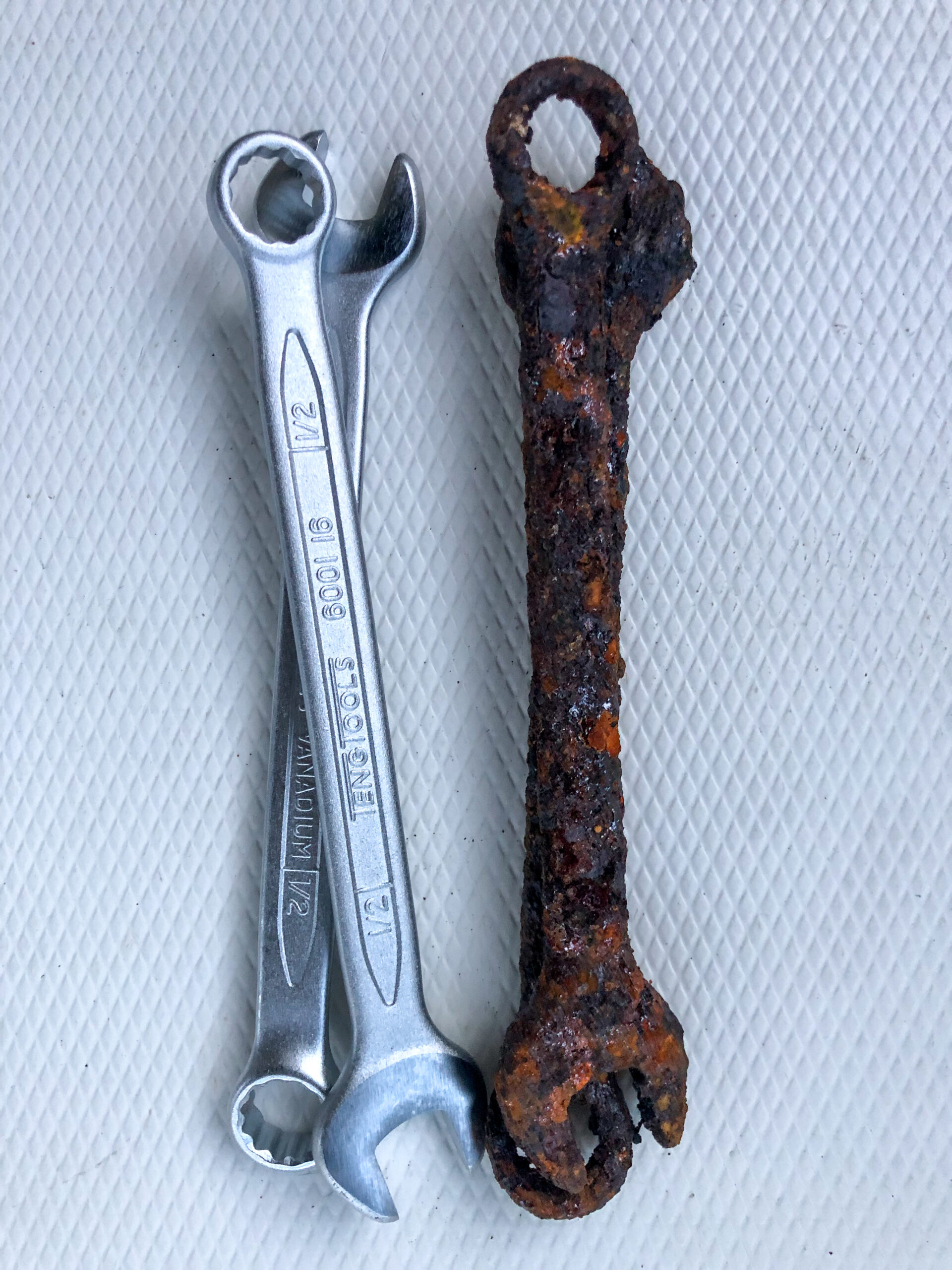
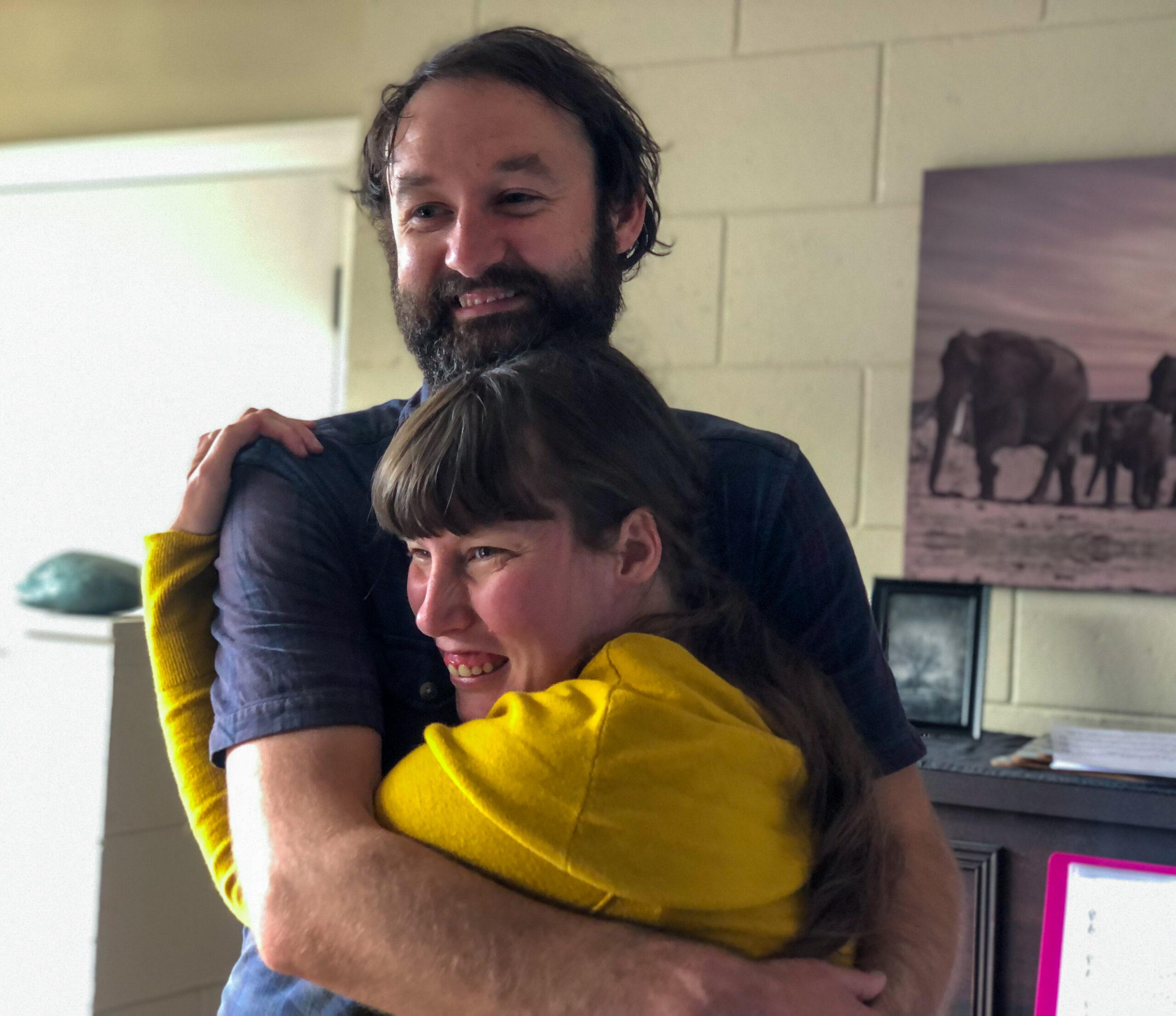
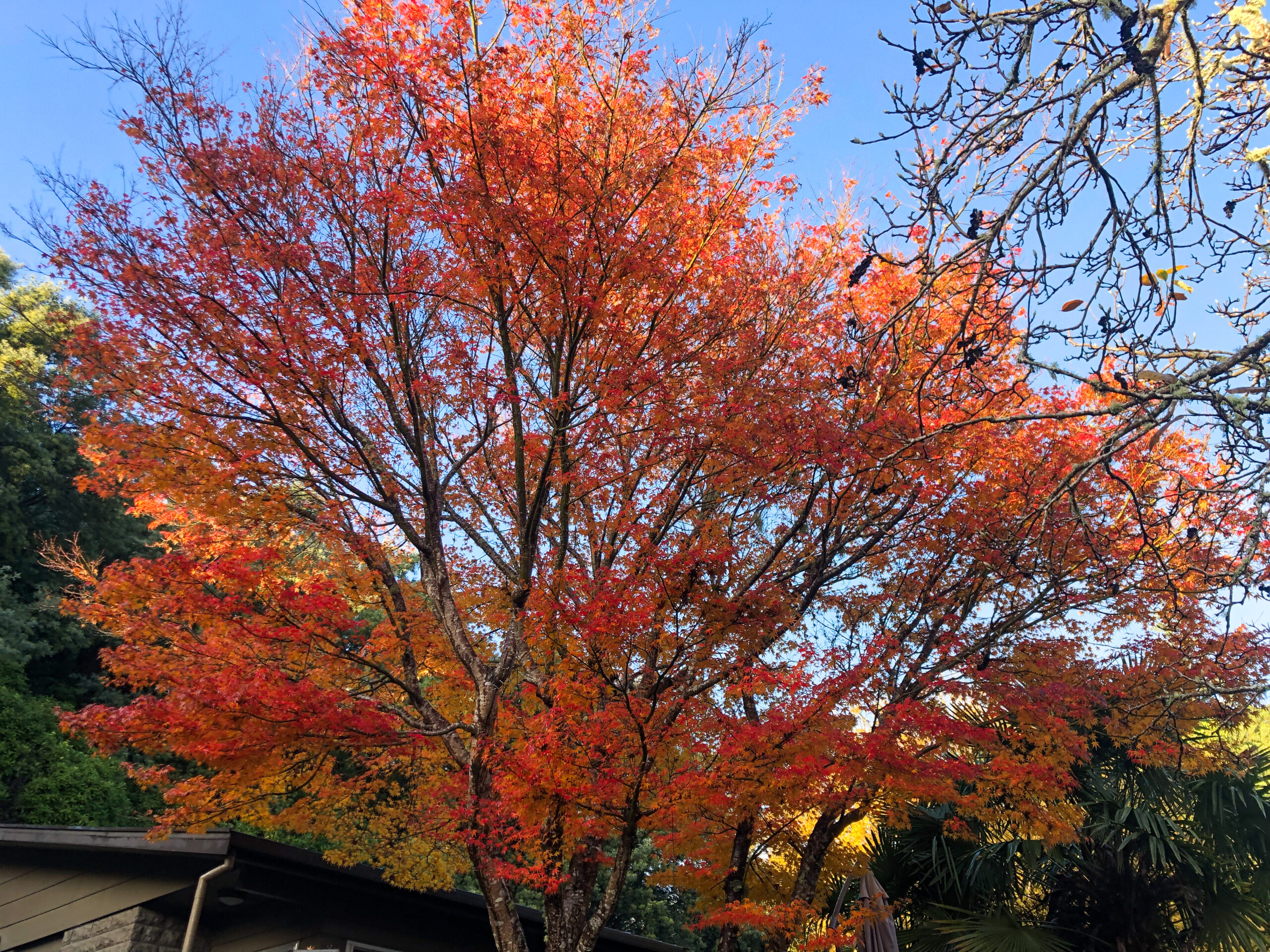
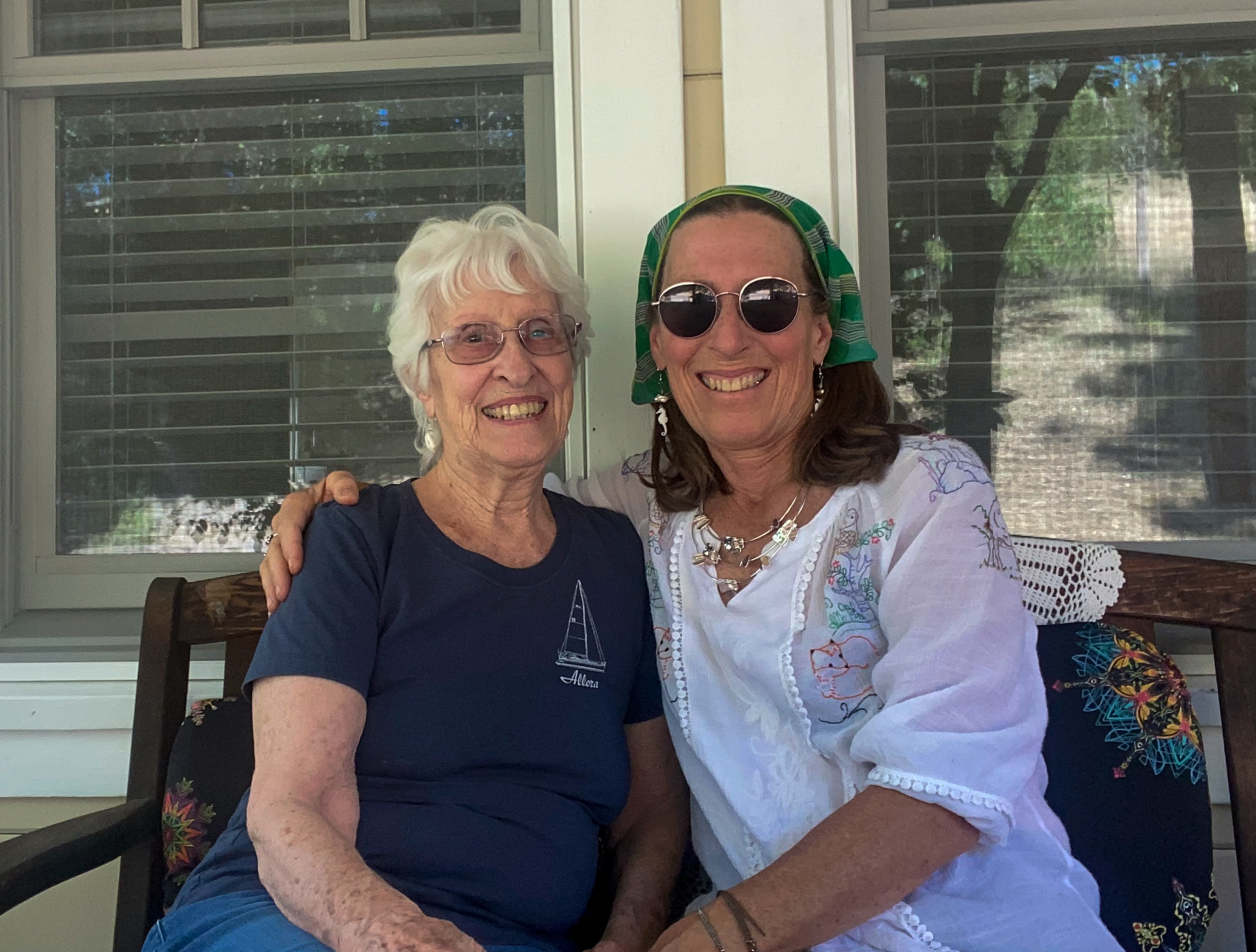

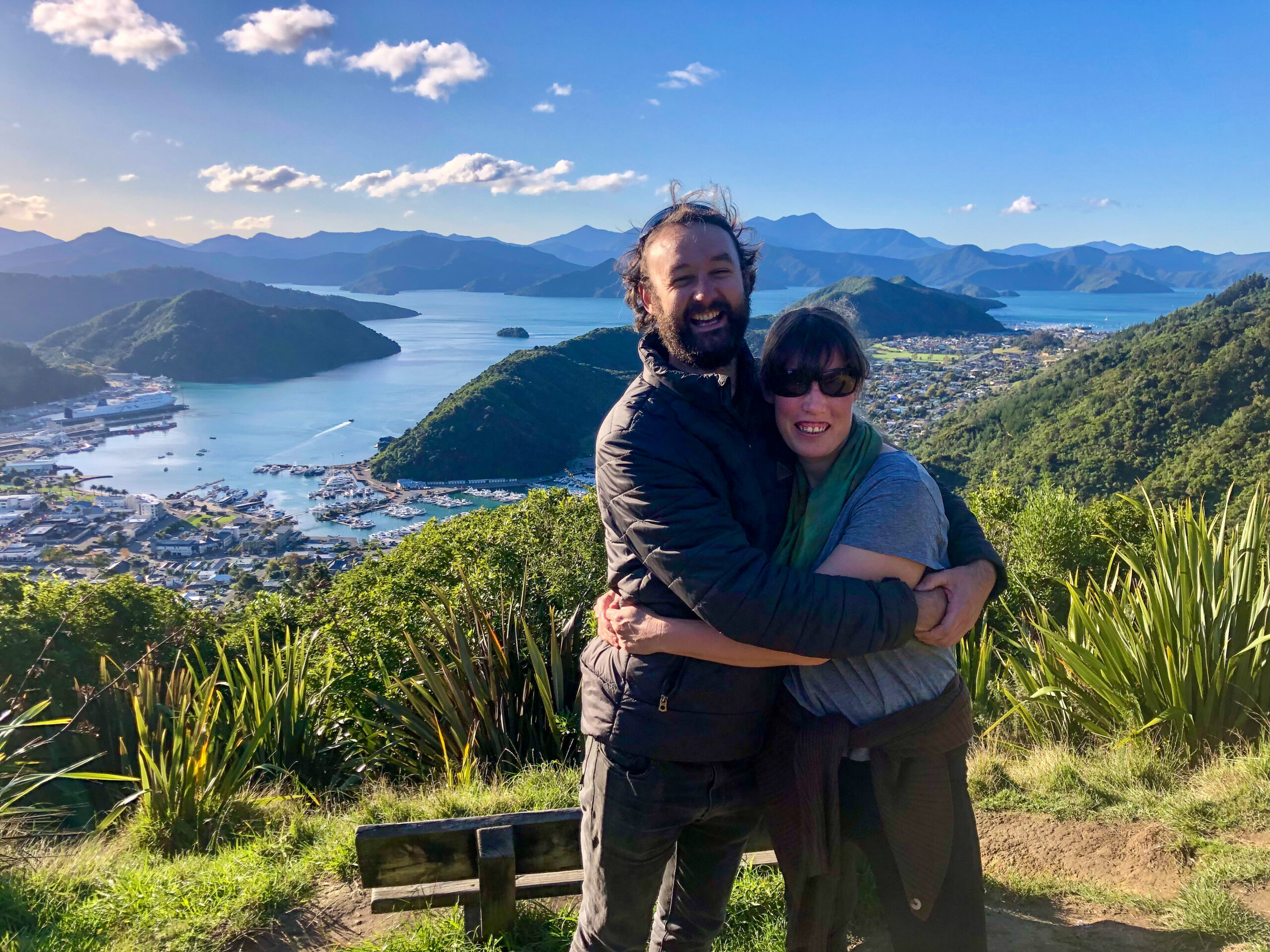
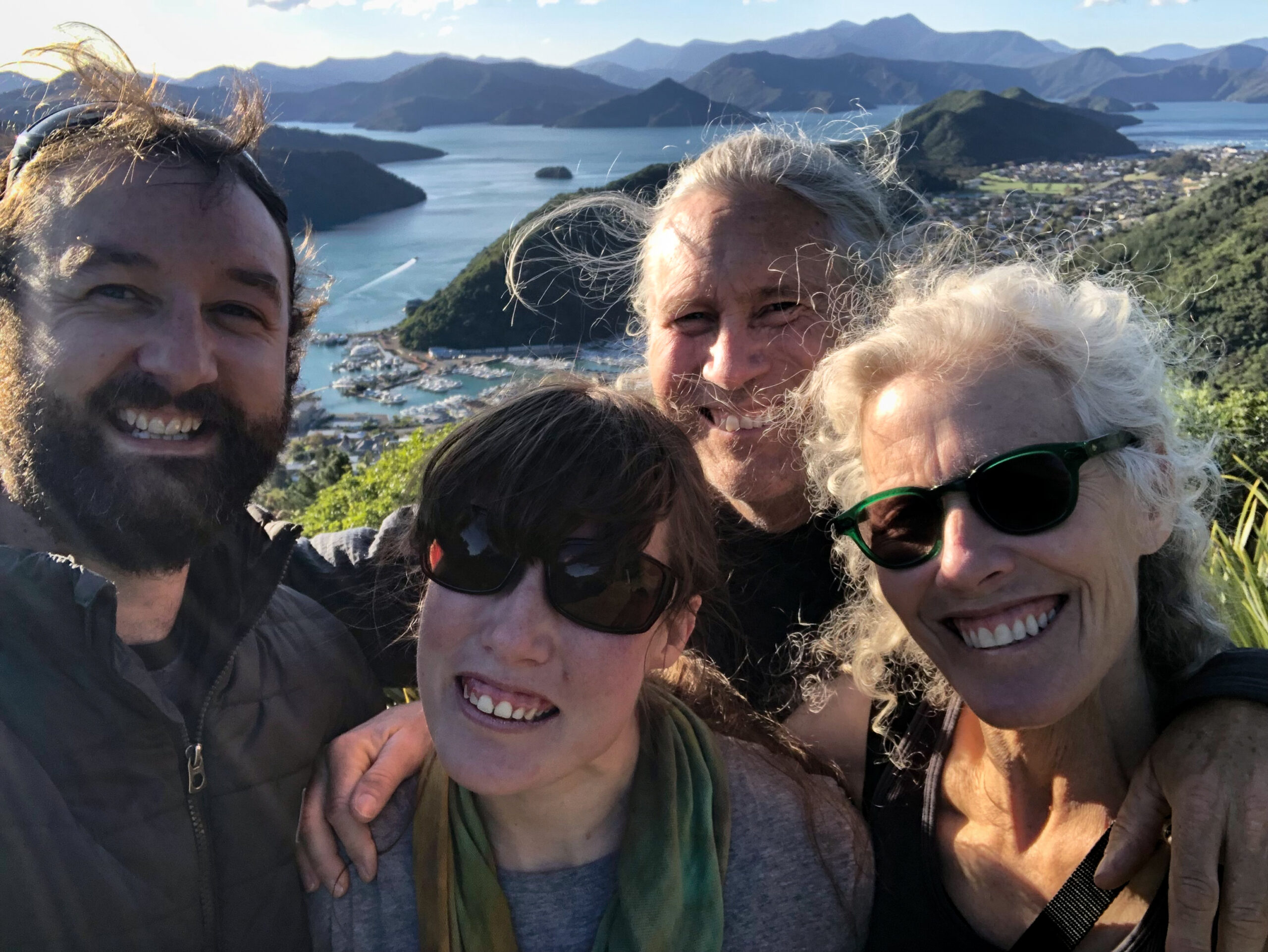
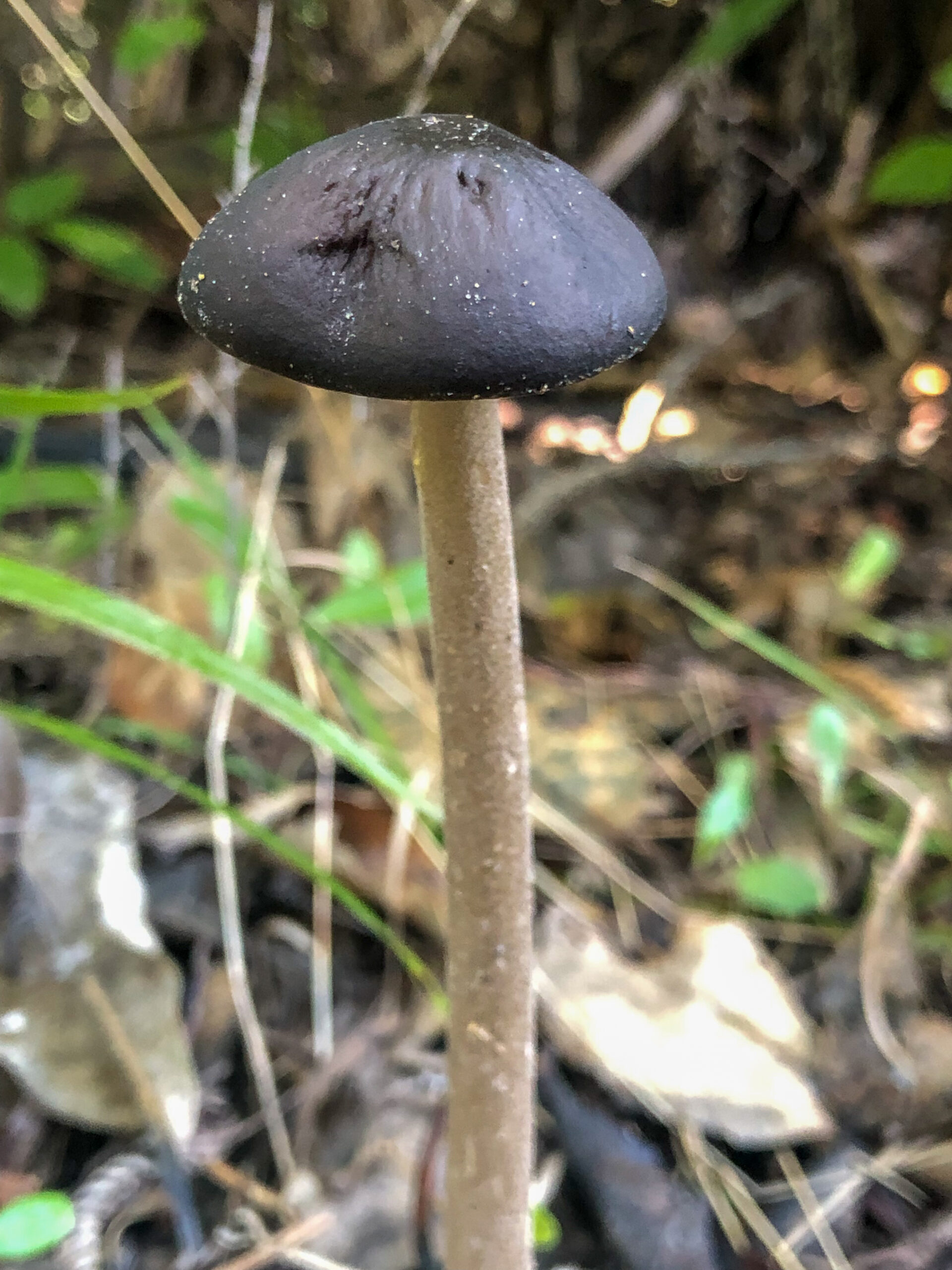


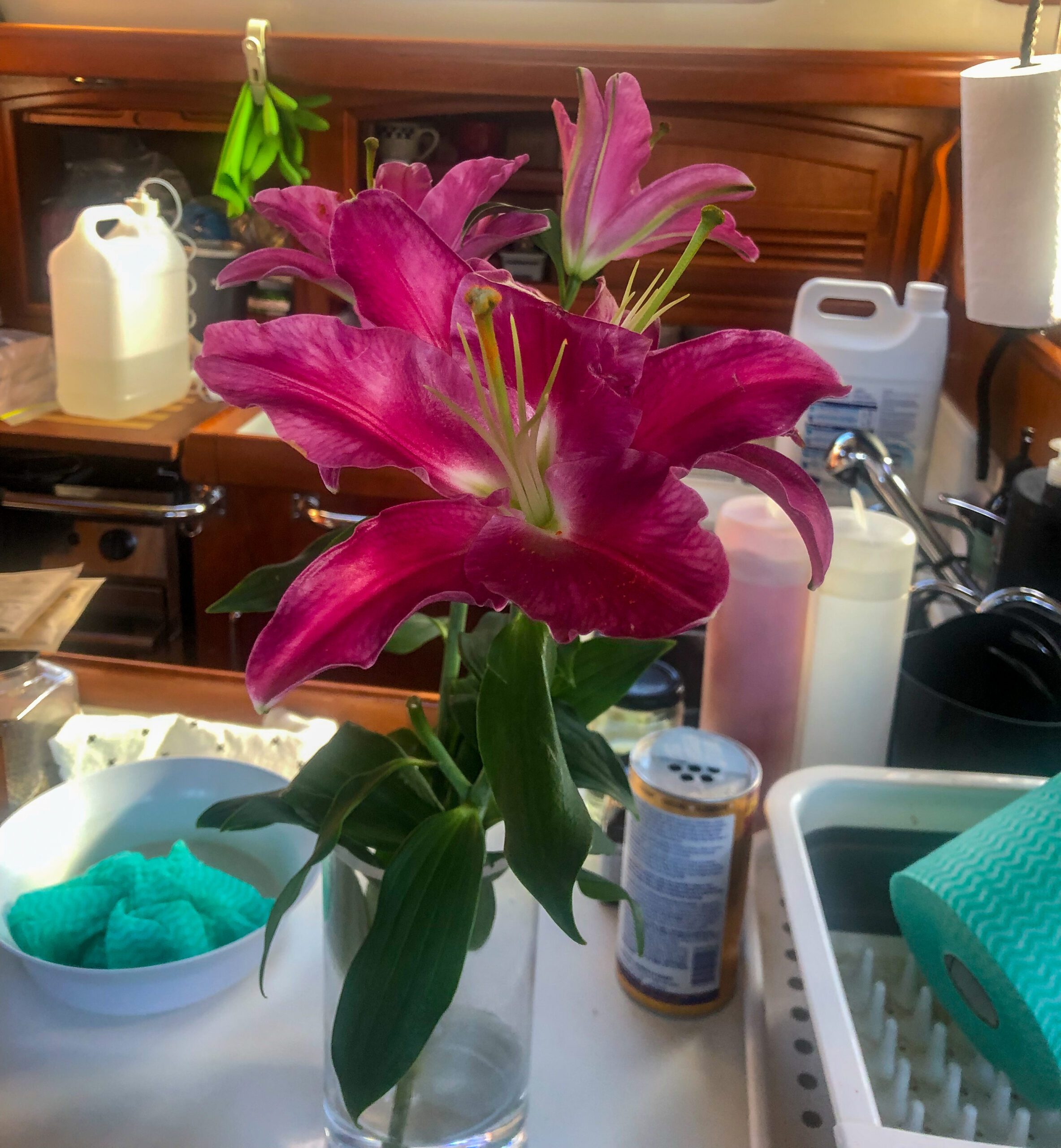
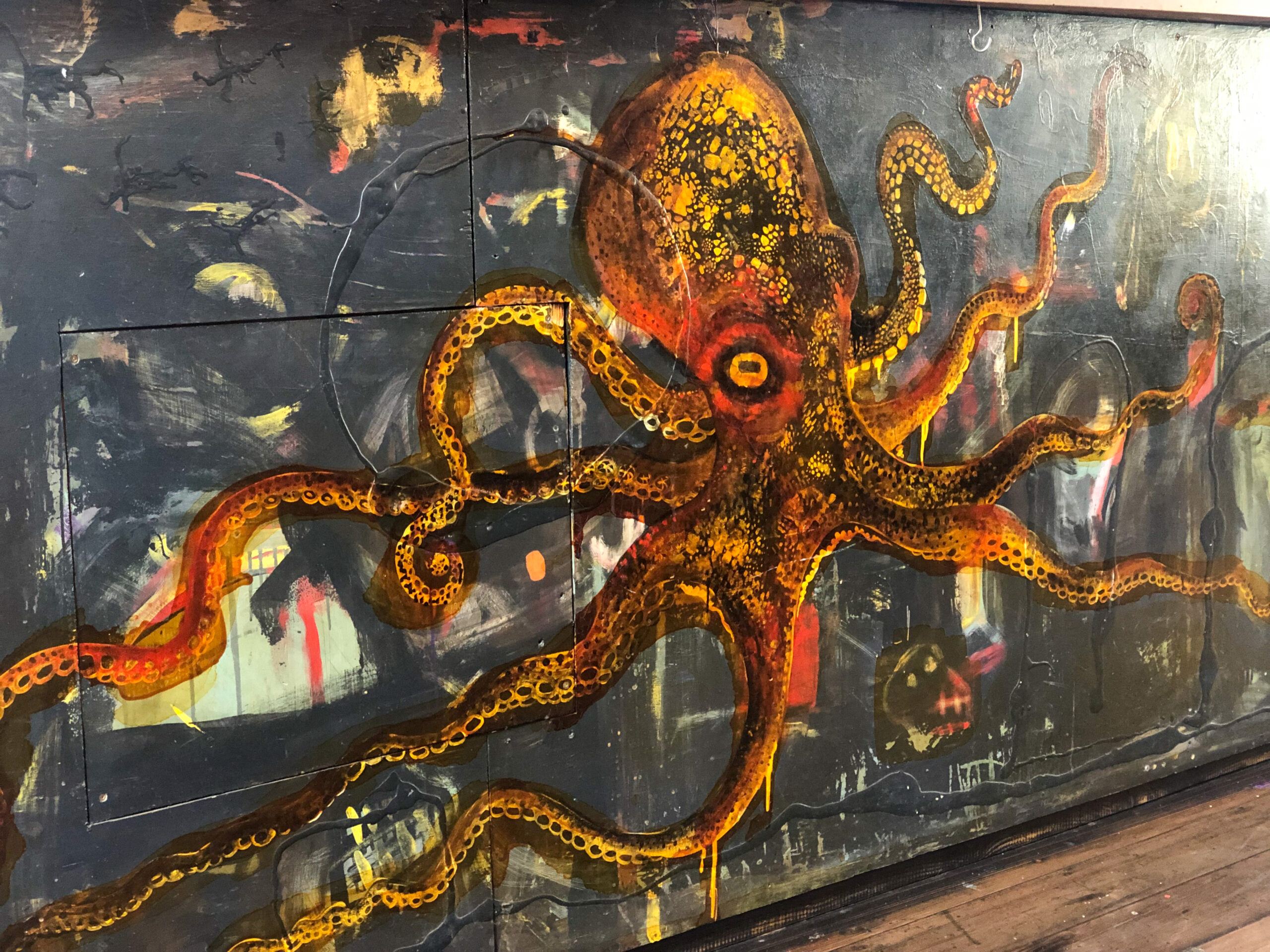

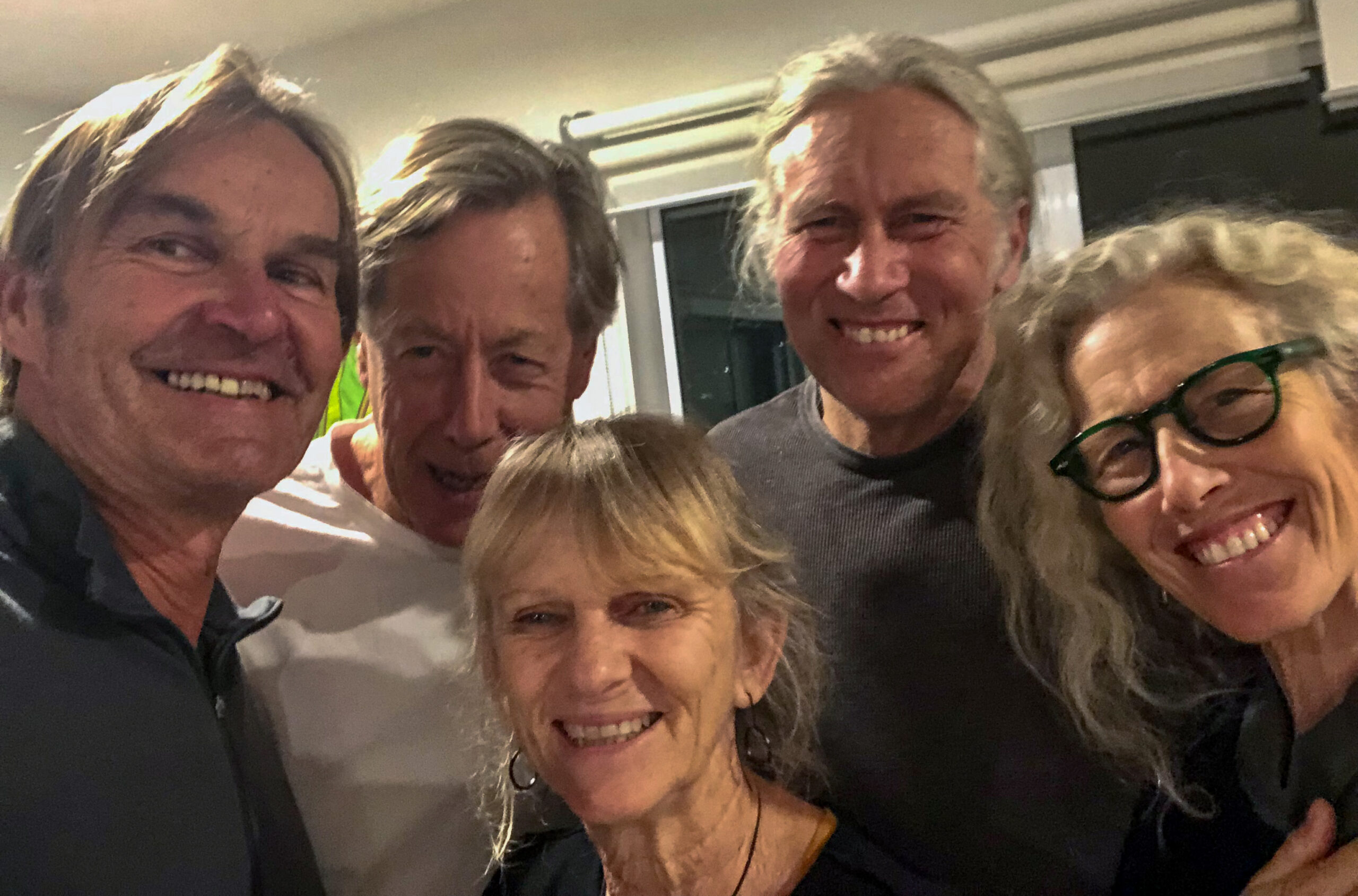

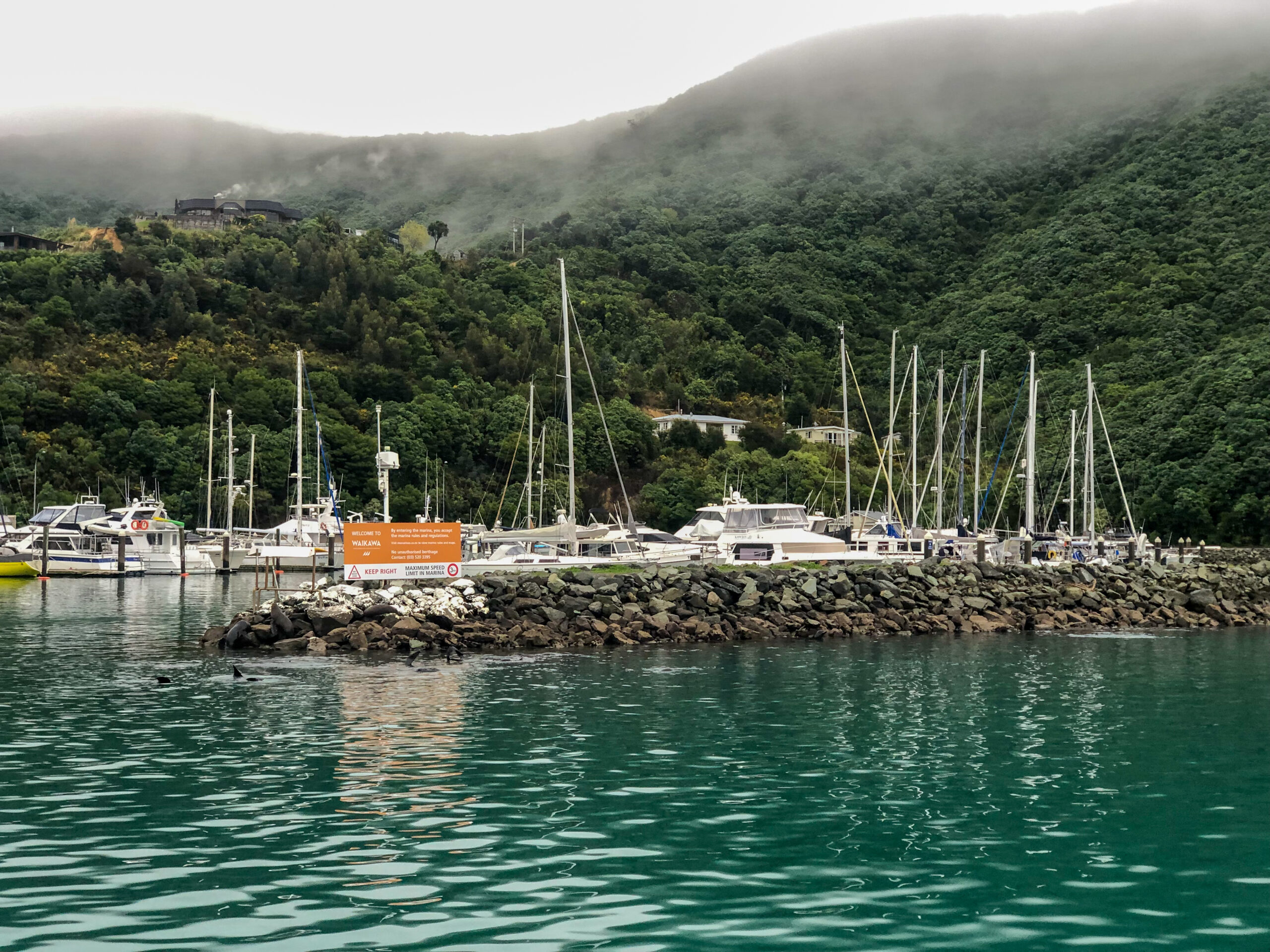
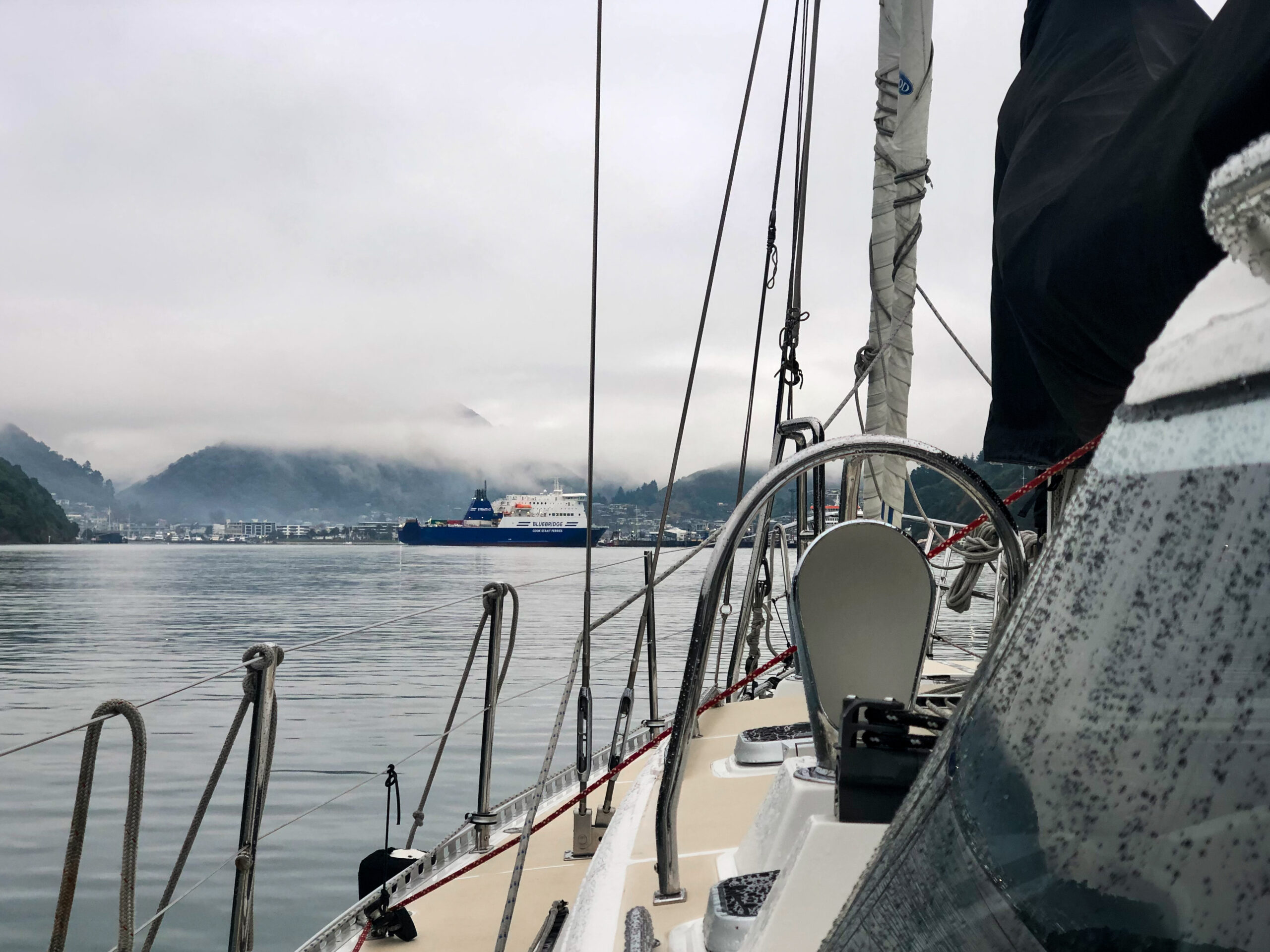
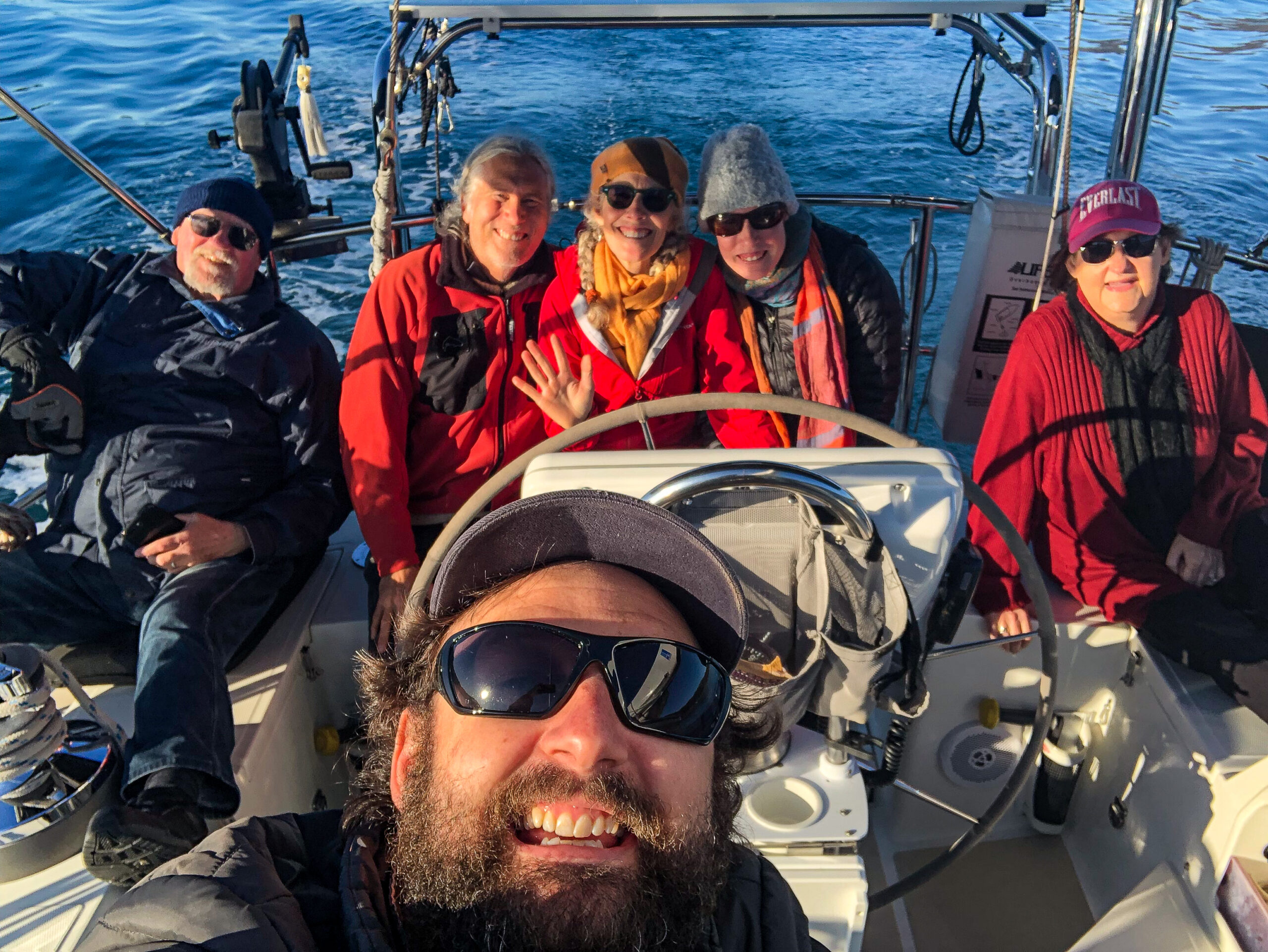

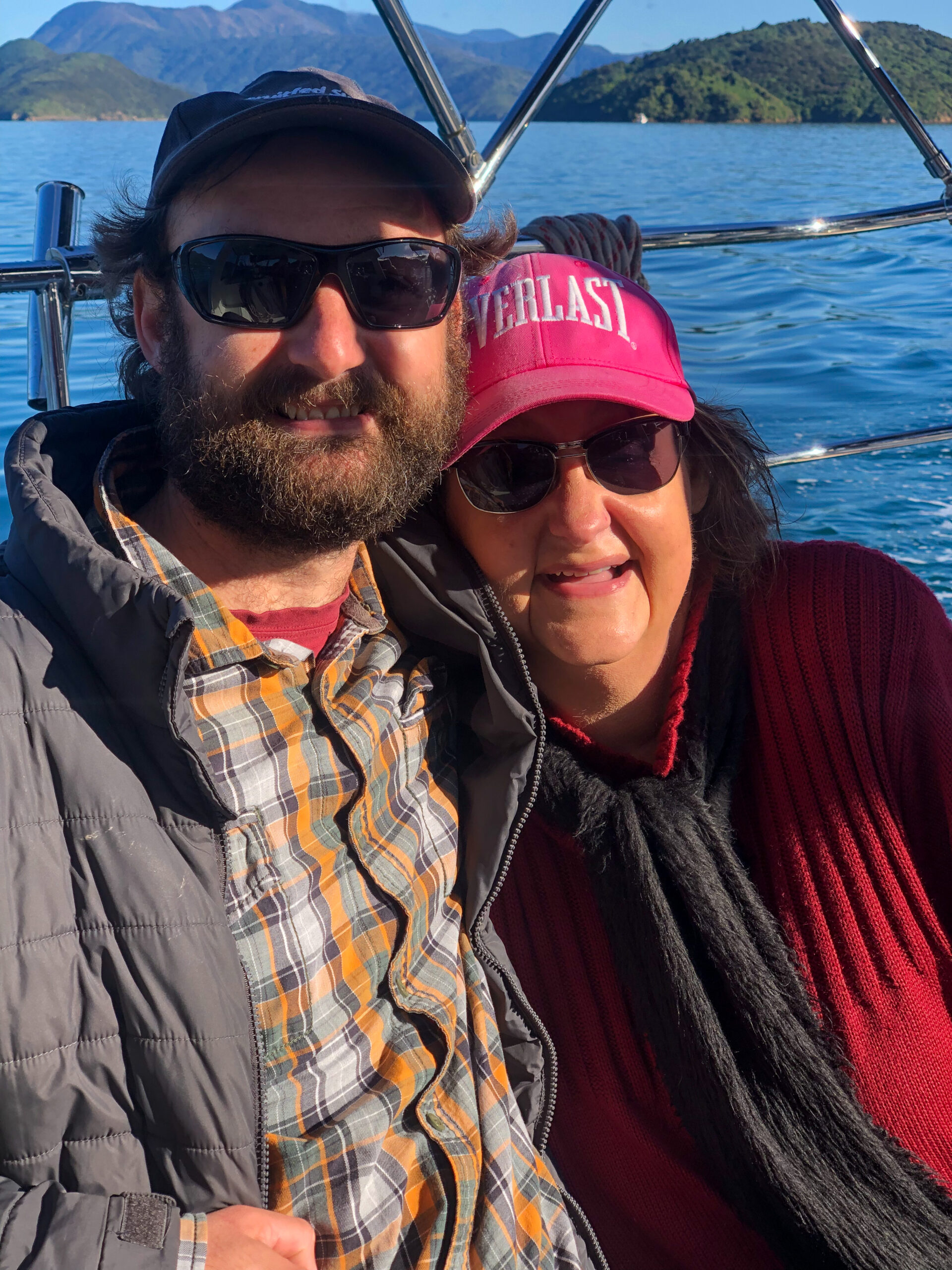
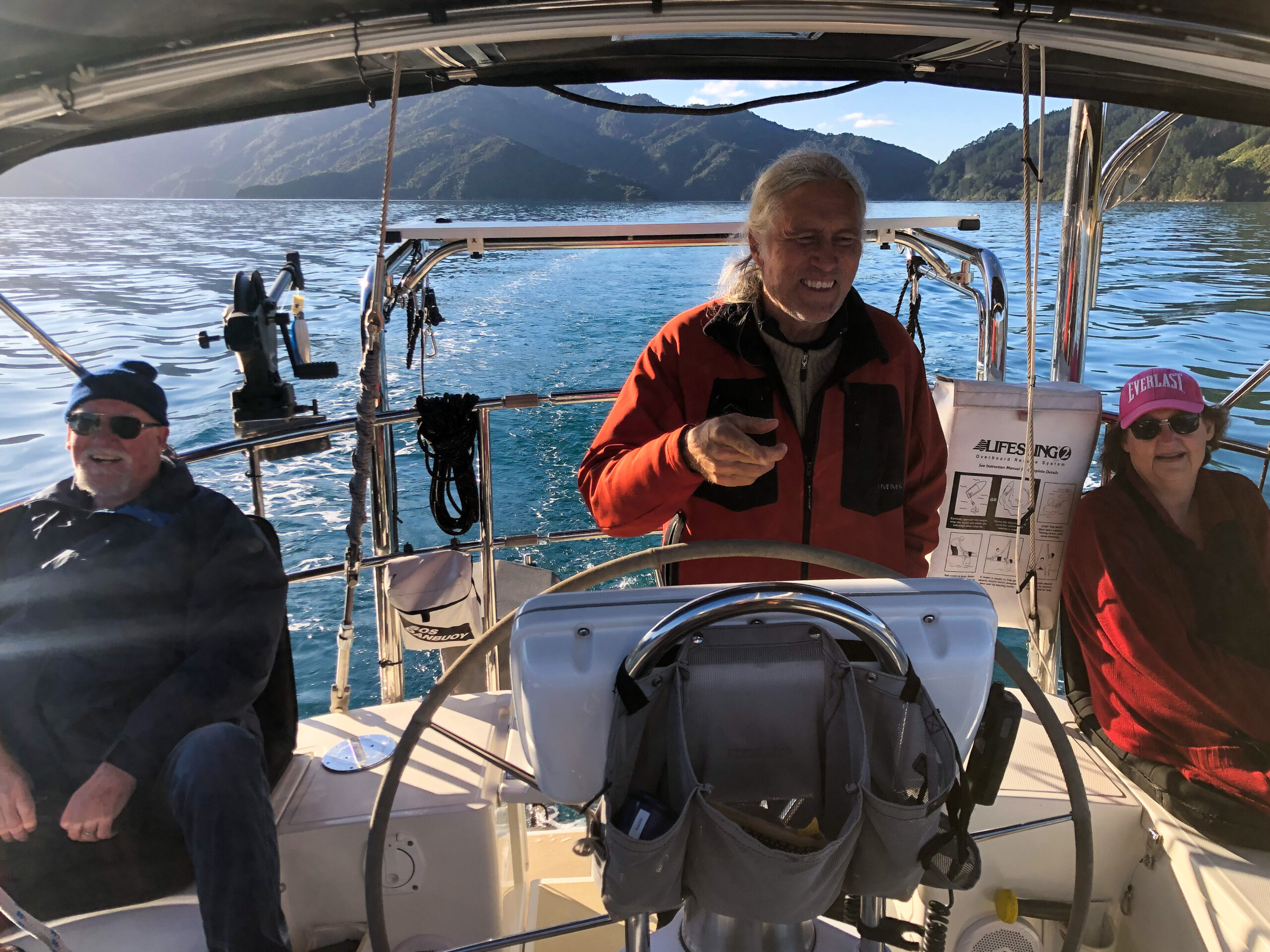
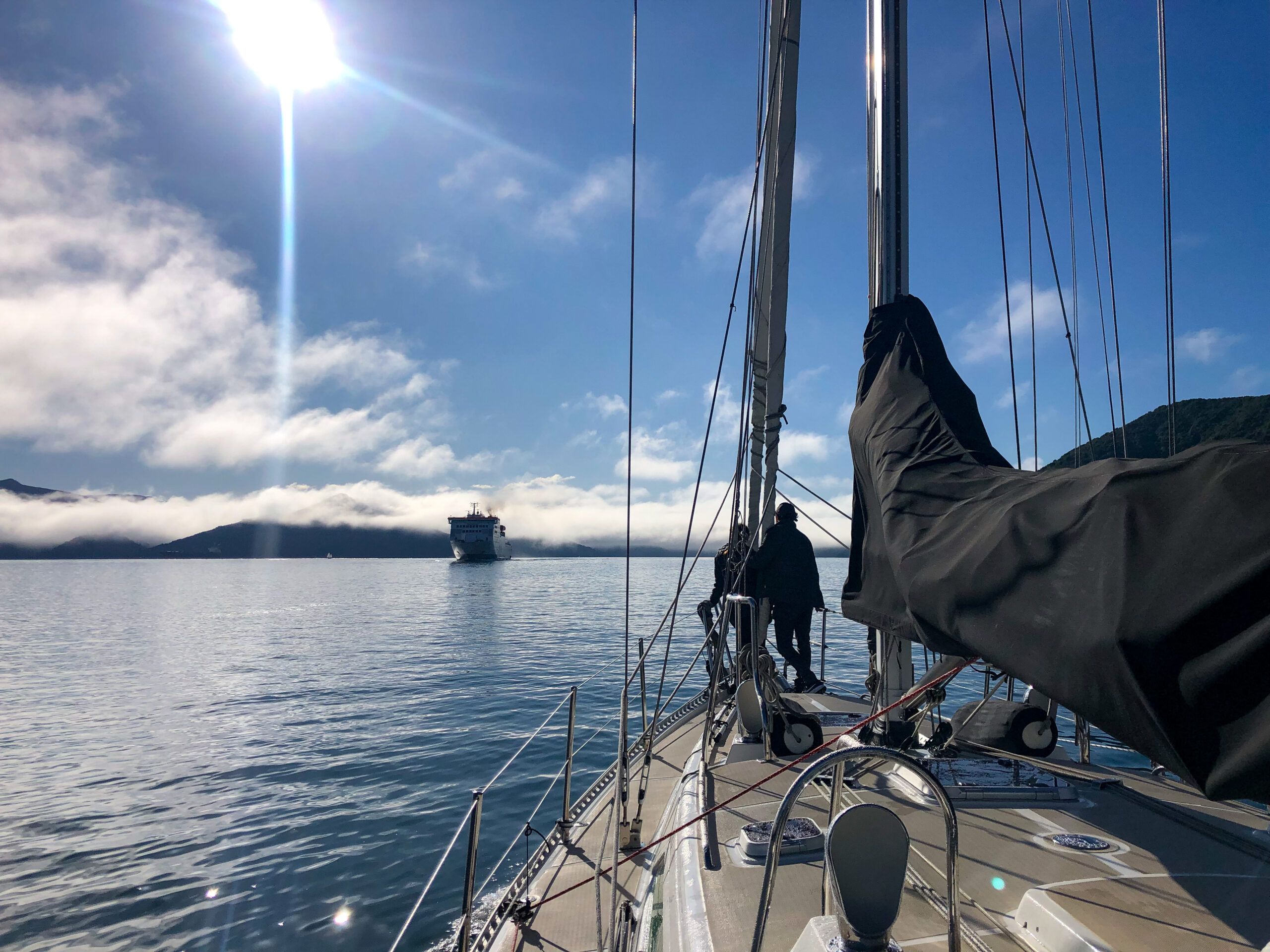
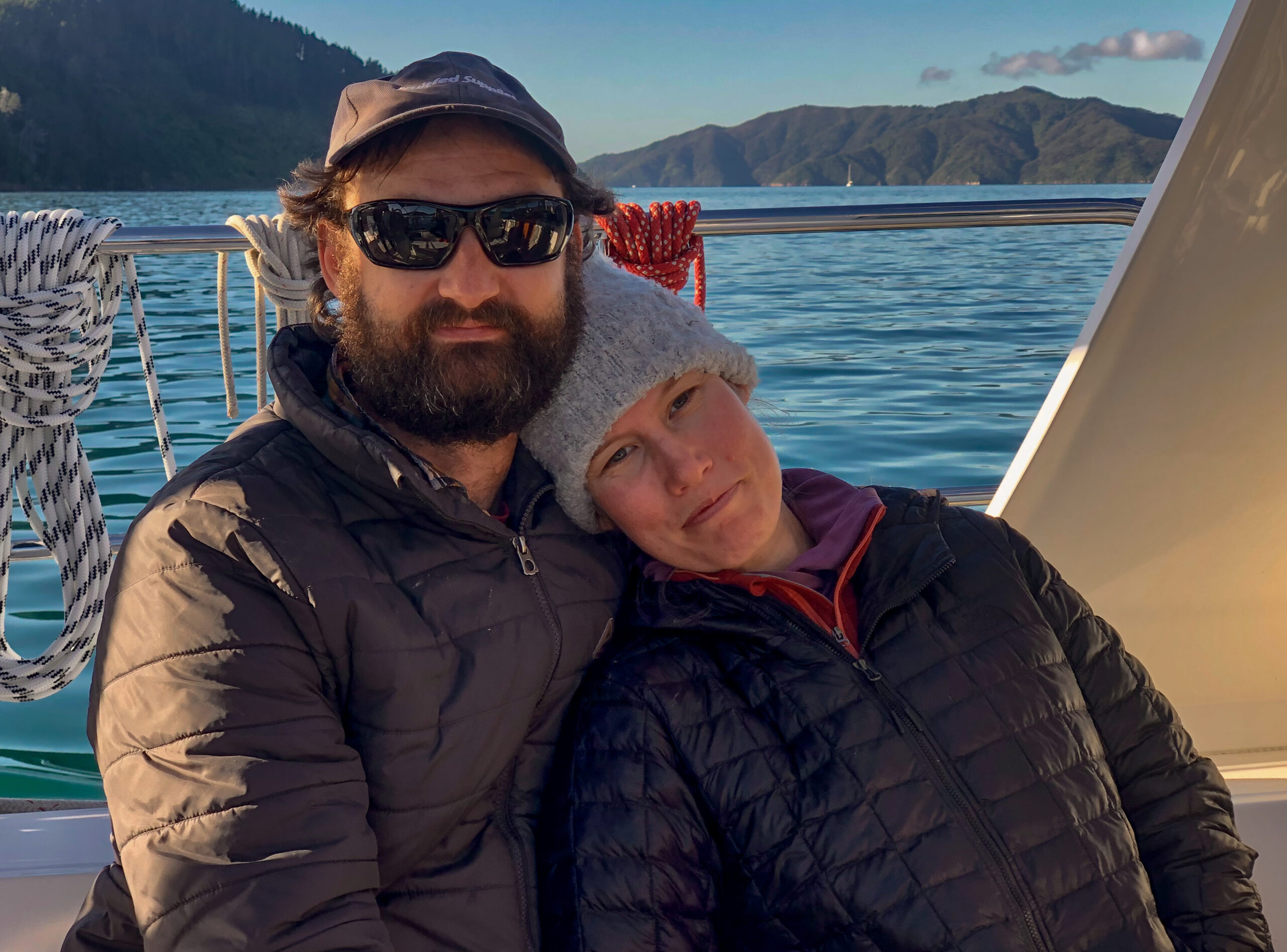
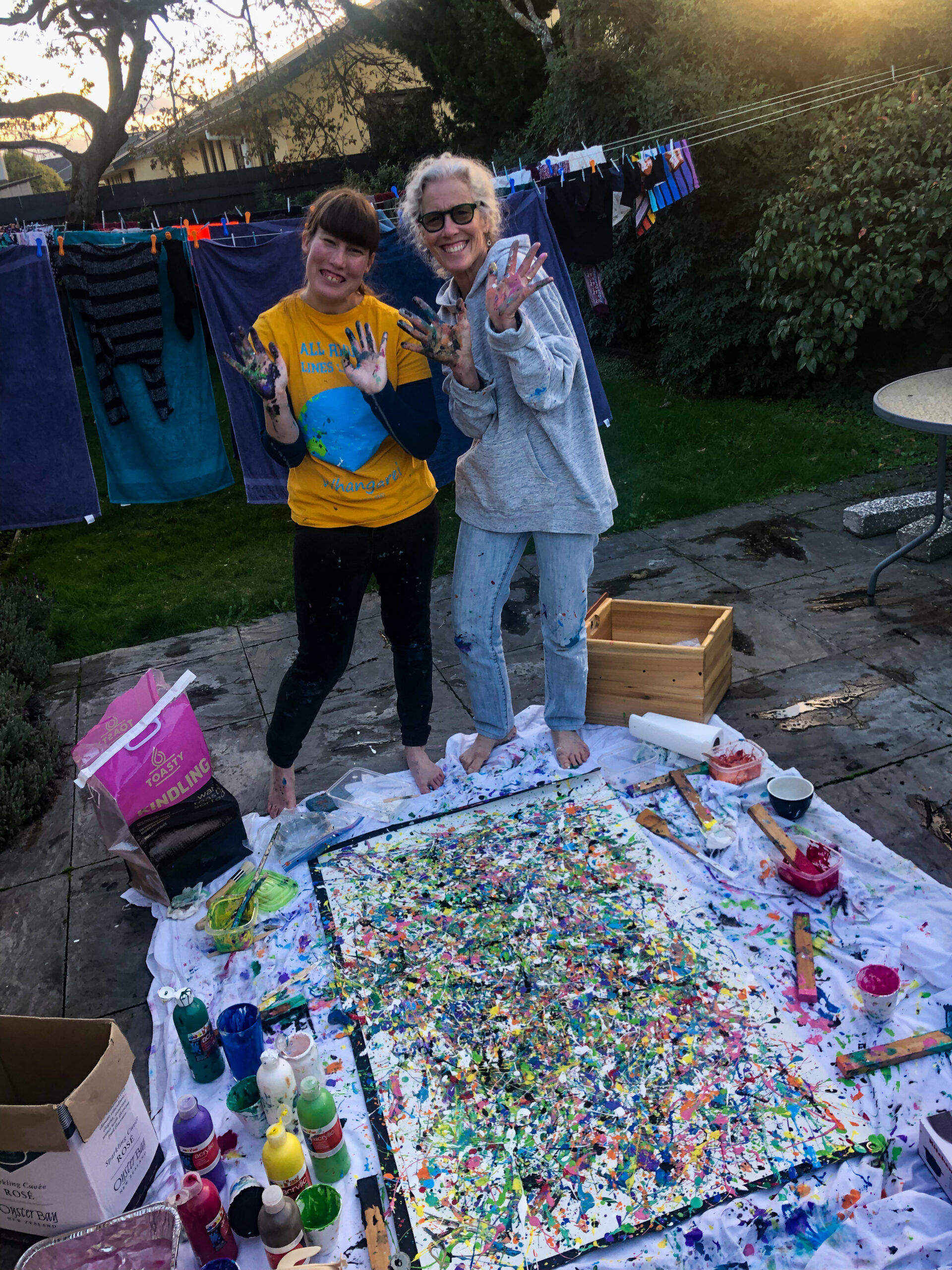

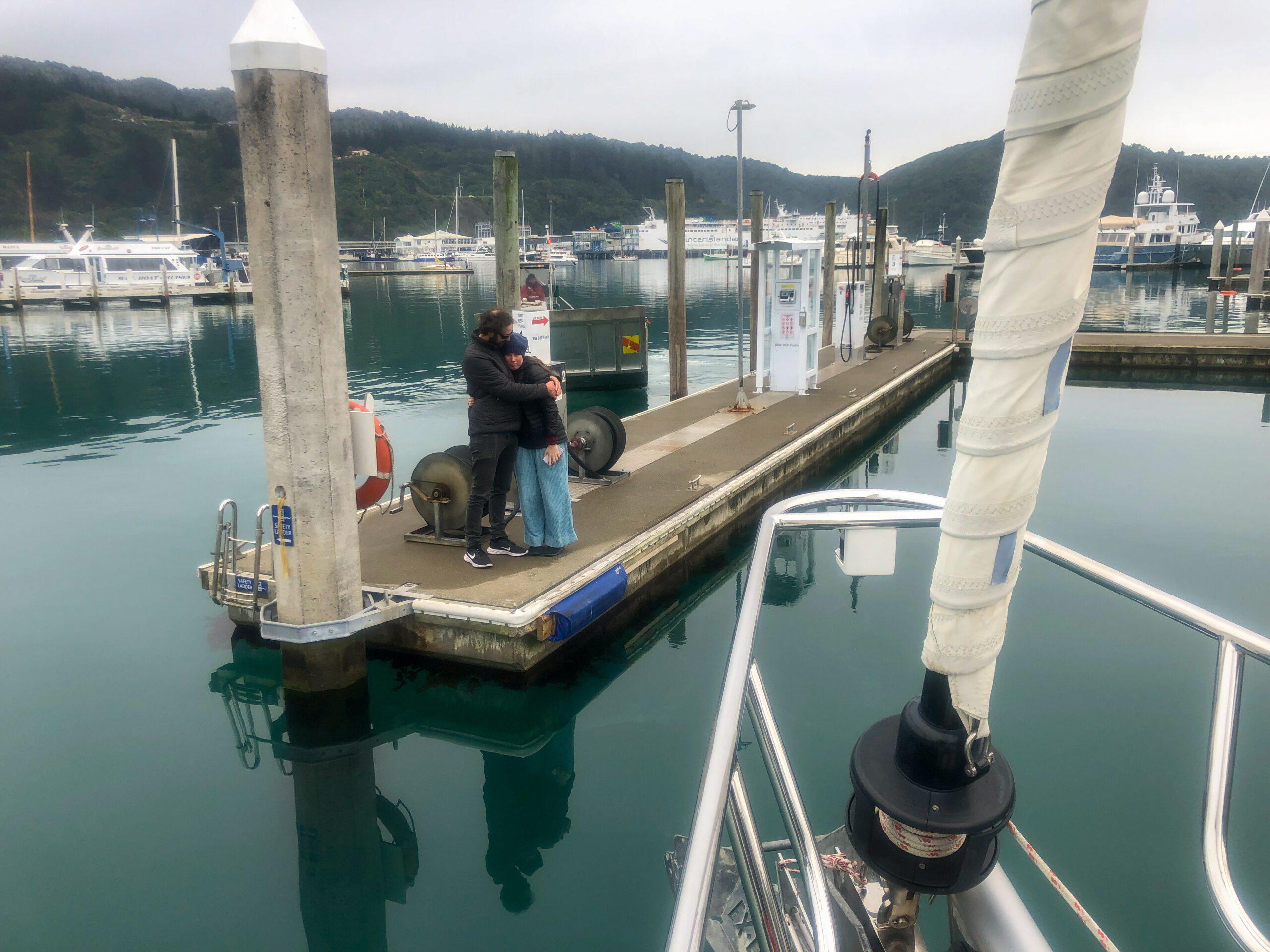
Abel Tasman to Waikawa Marina, Queen Charlotte Sound

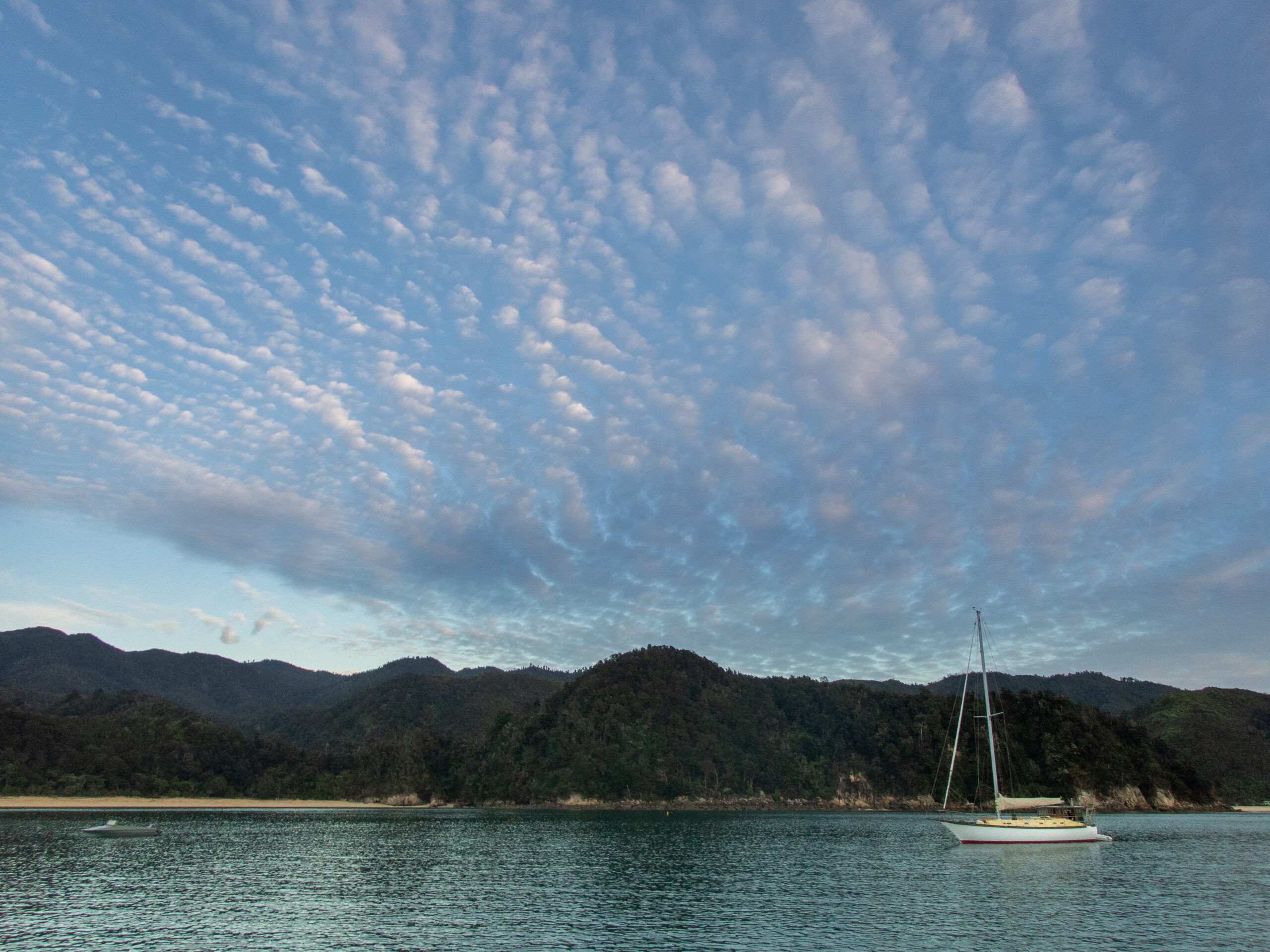

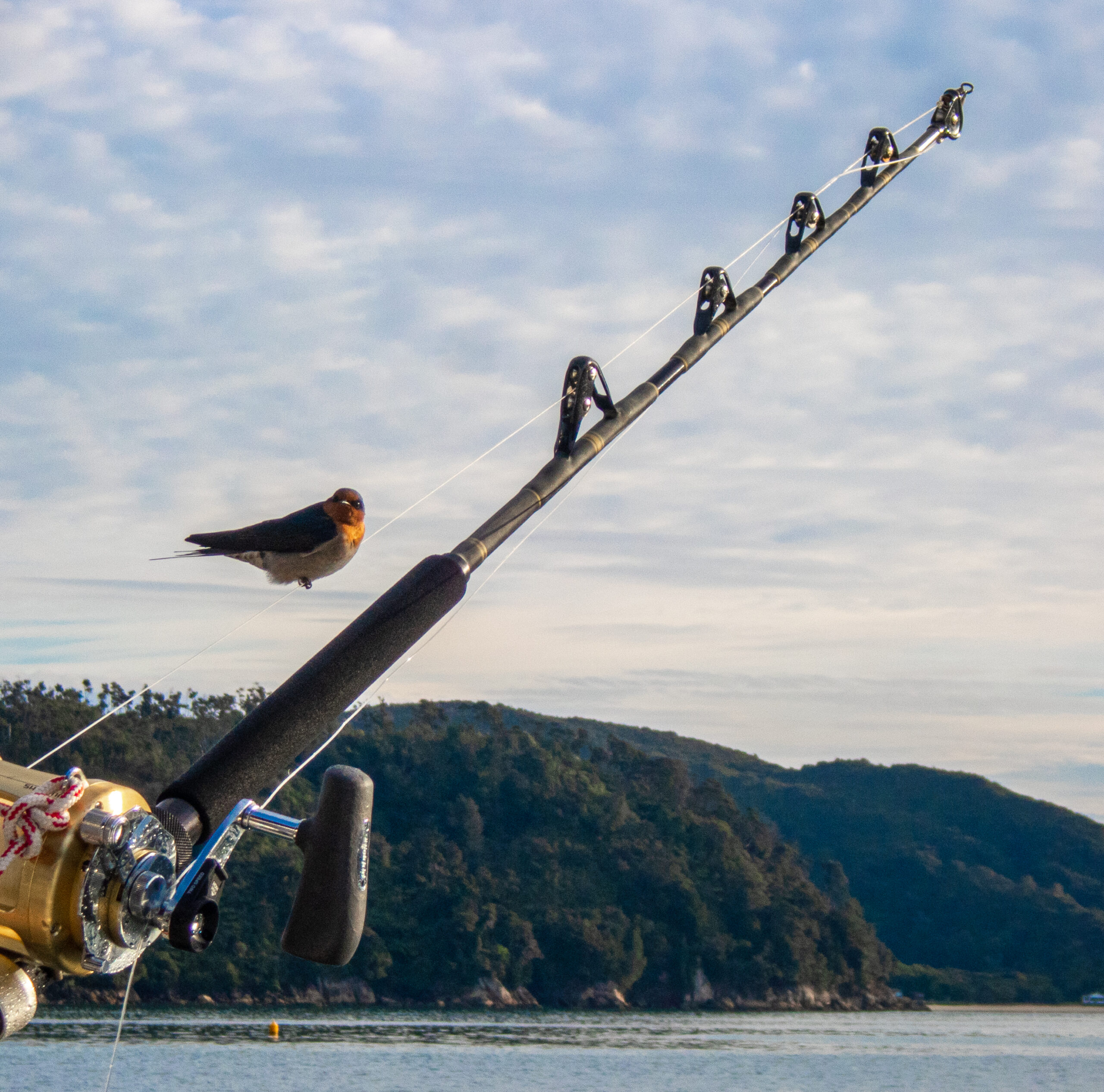

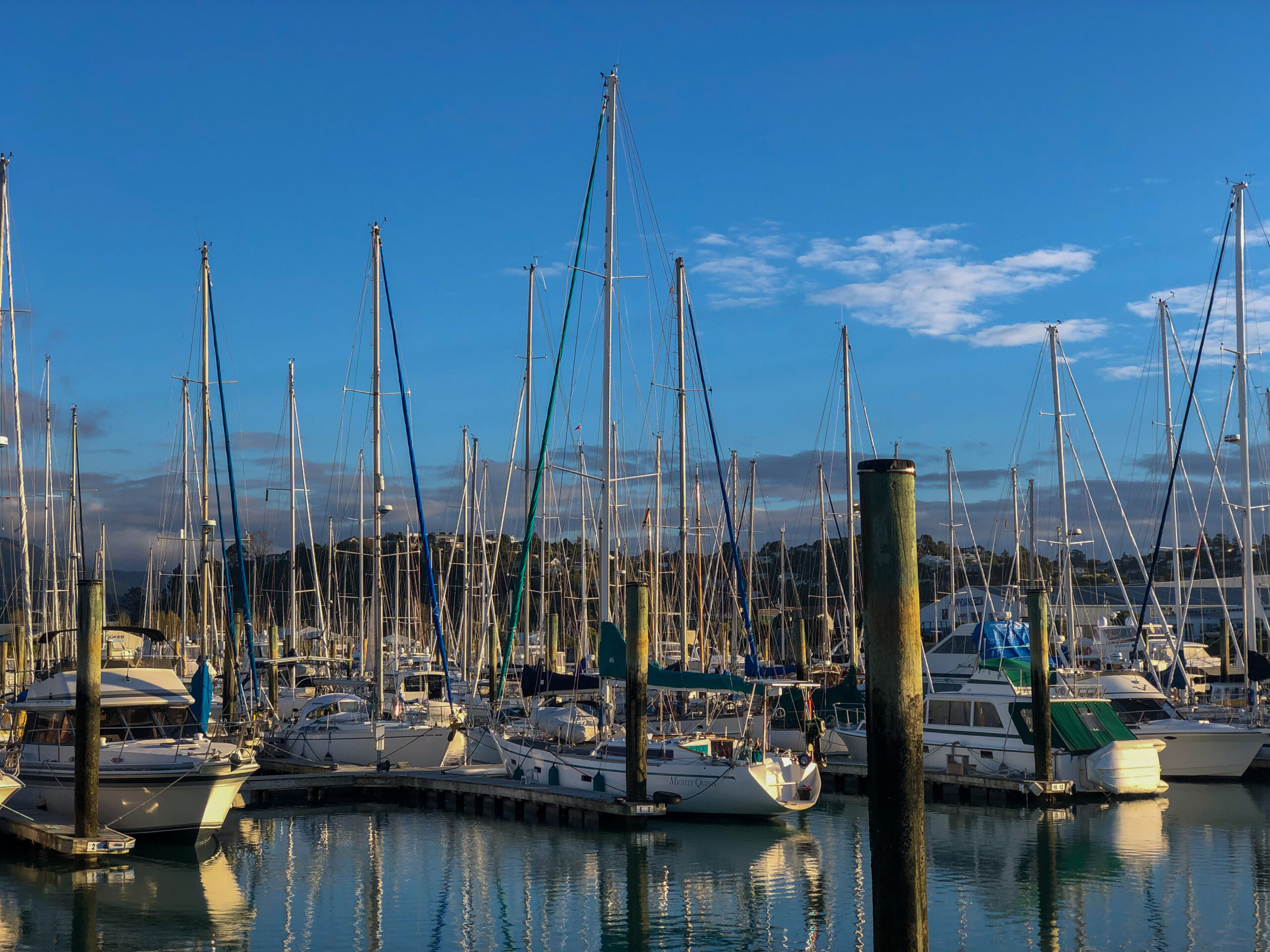


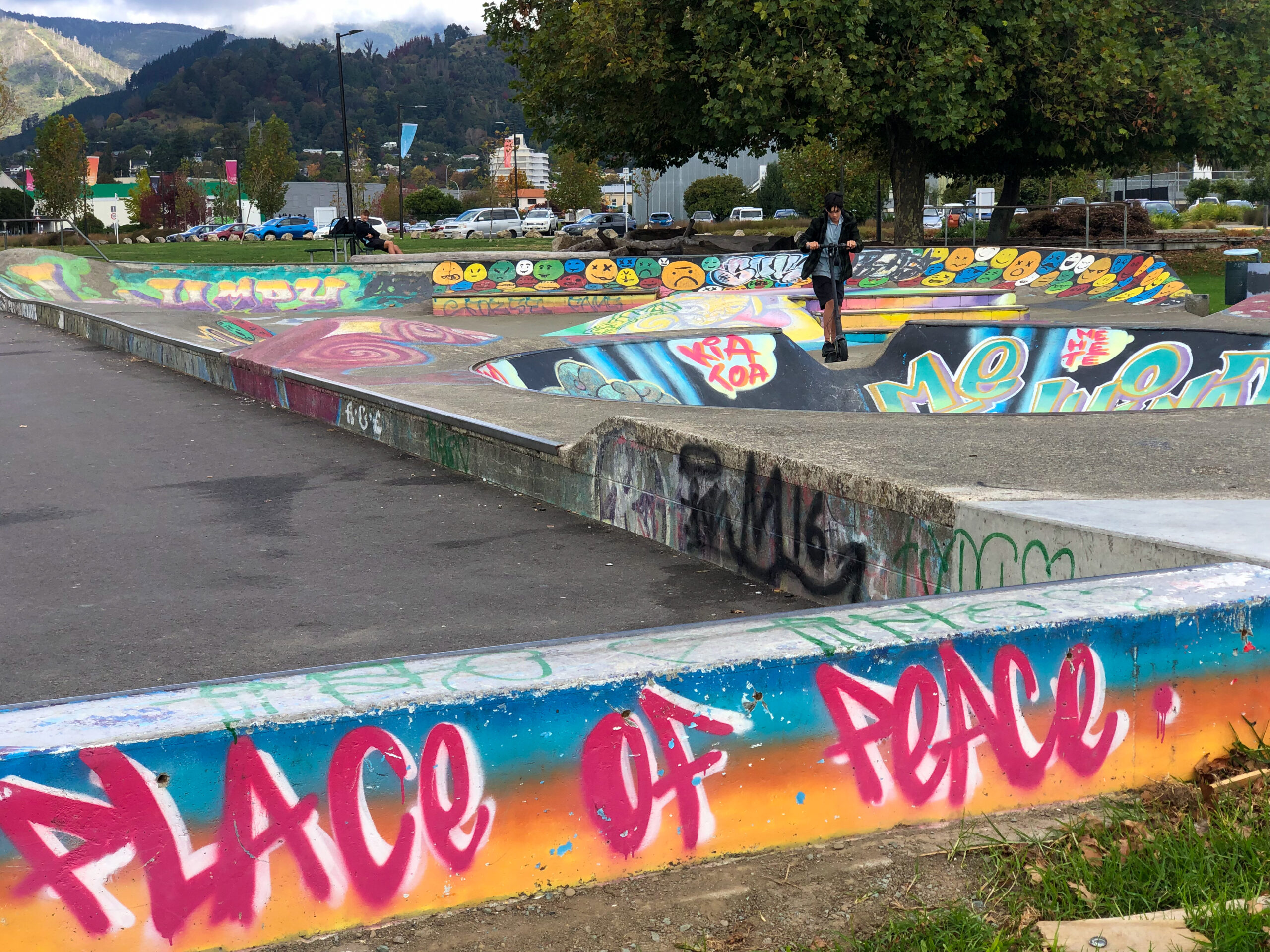
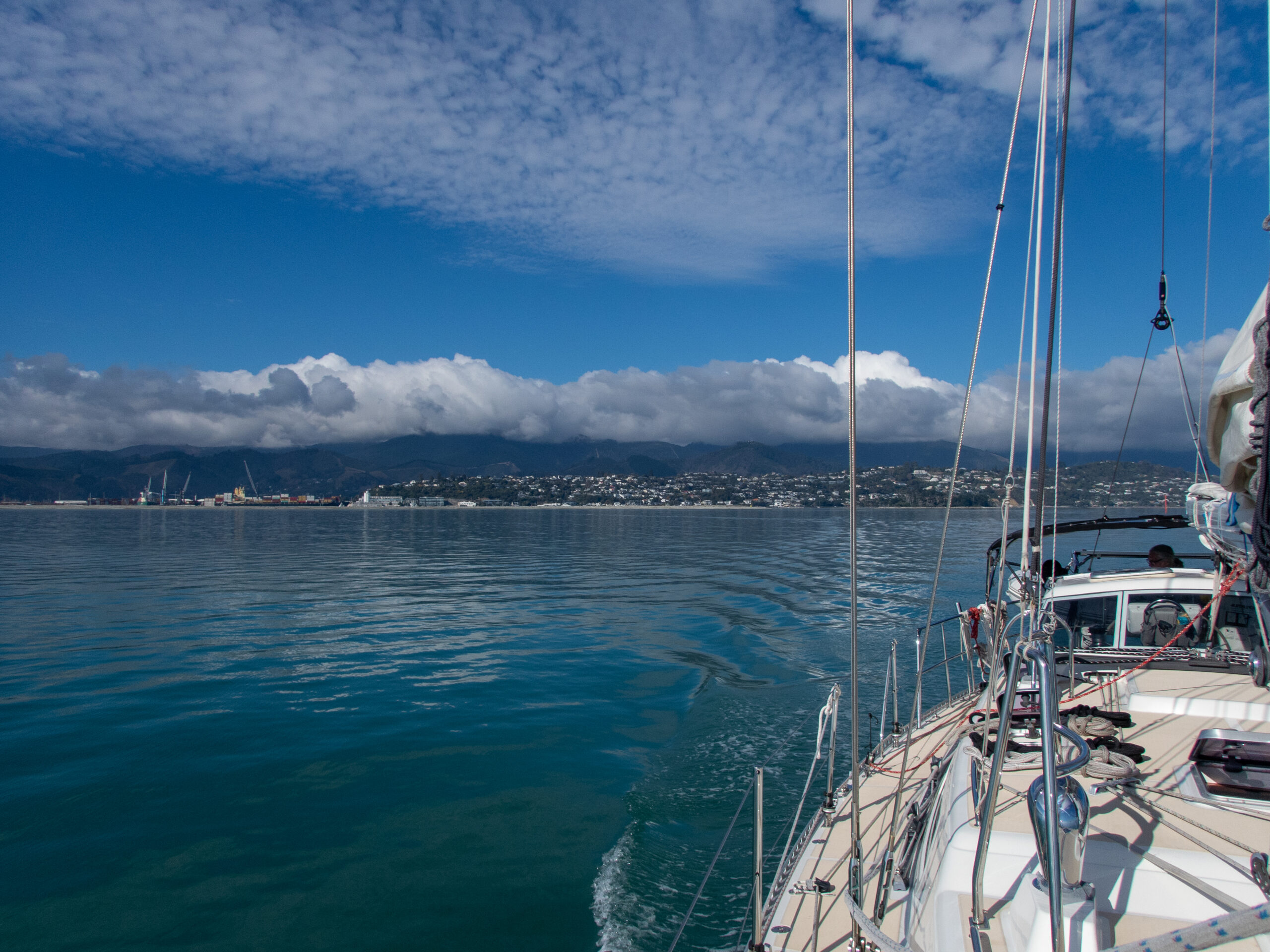
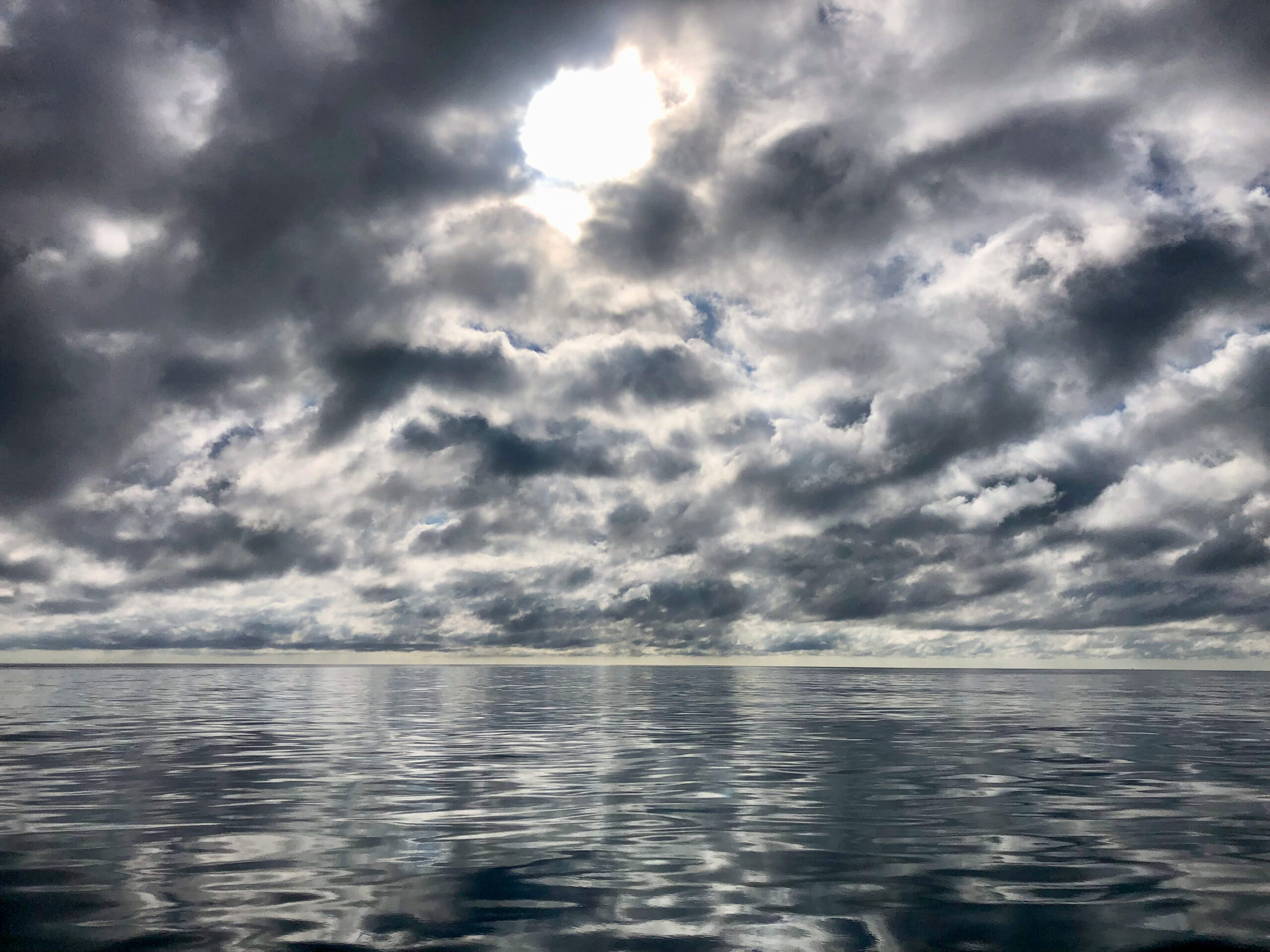

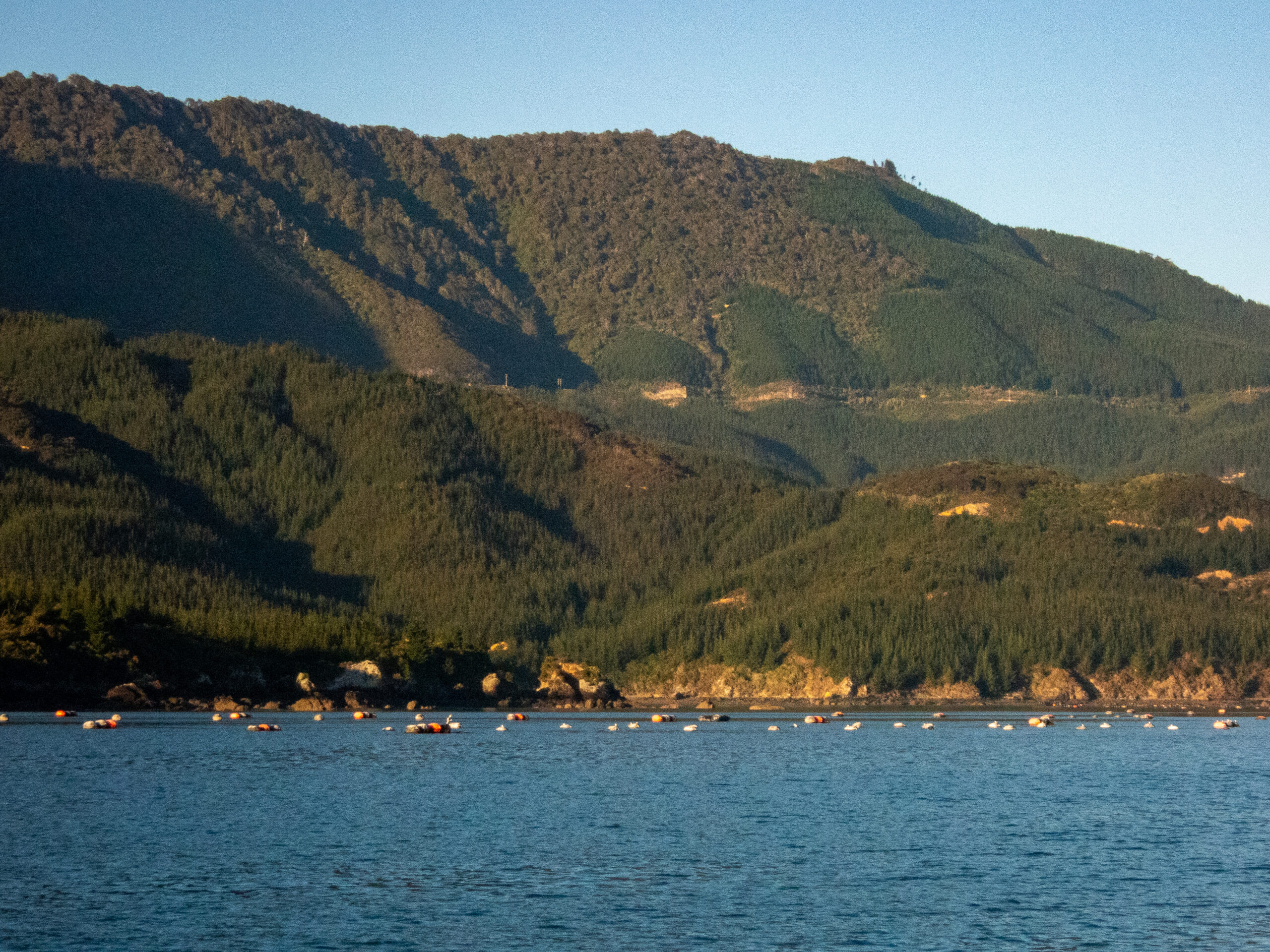



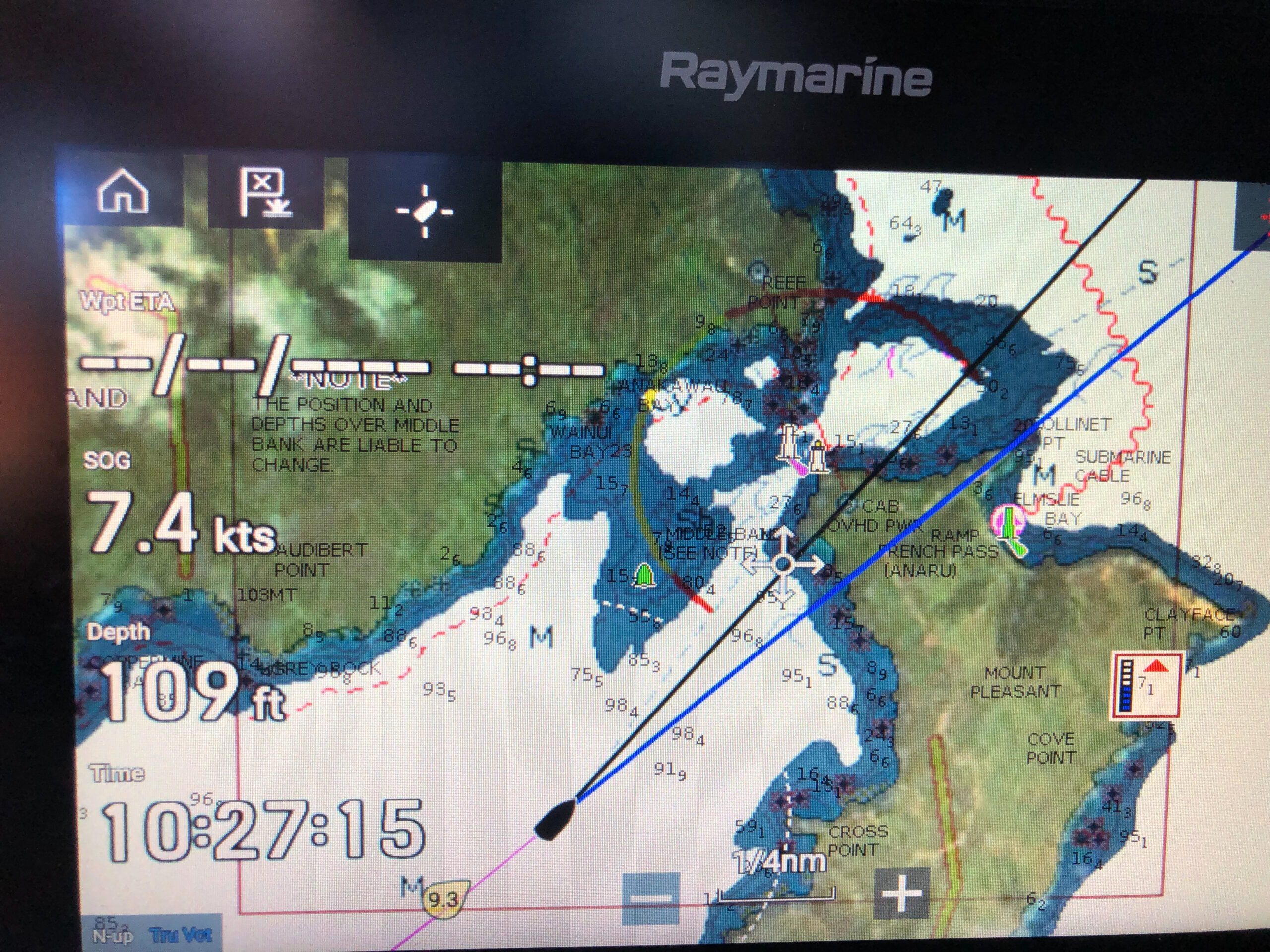

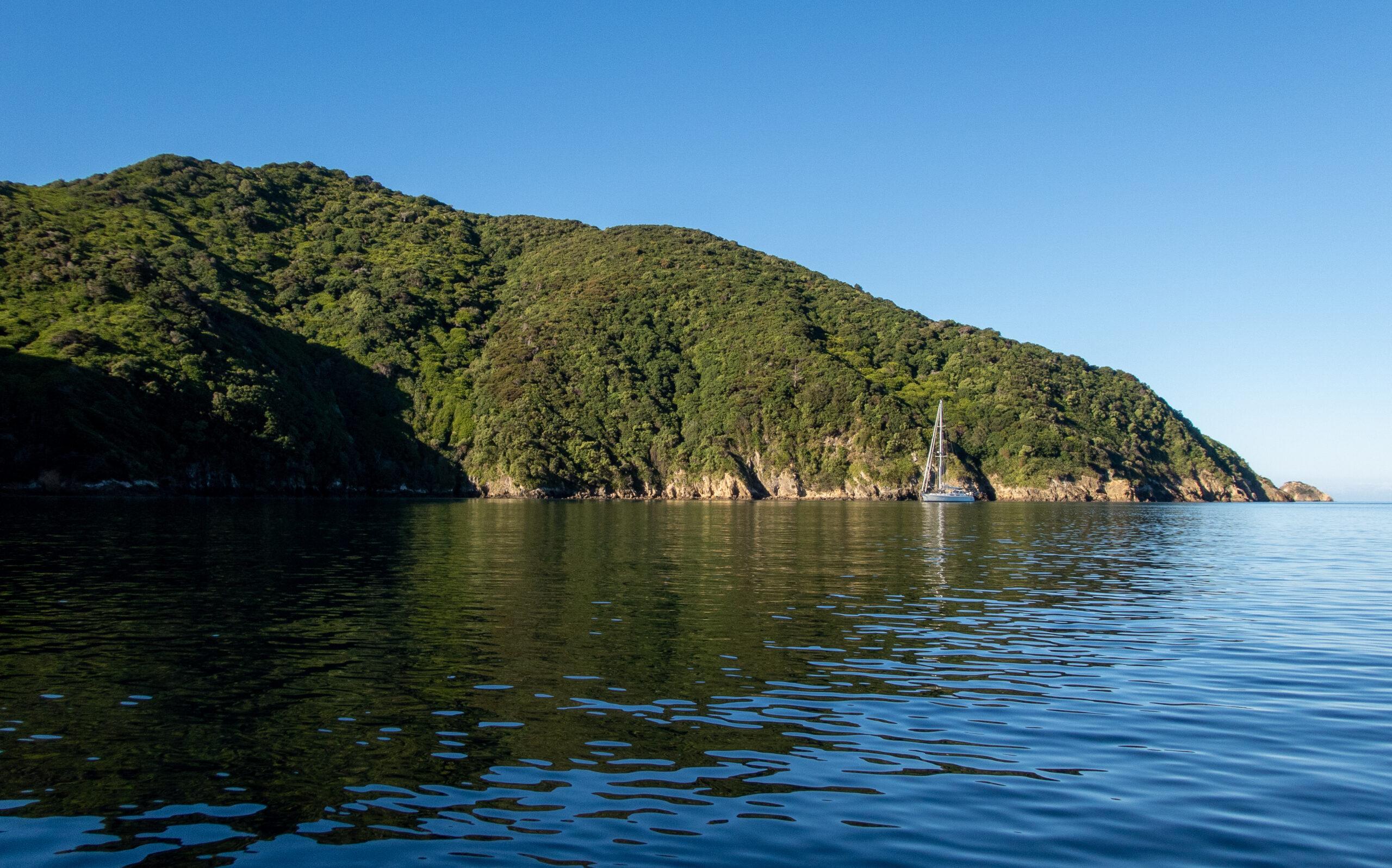

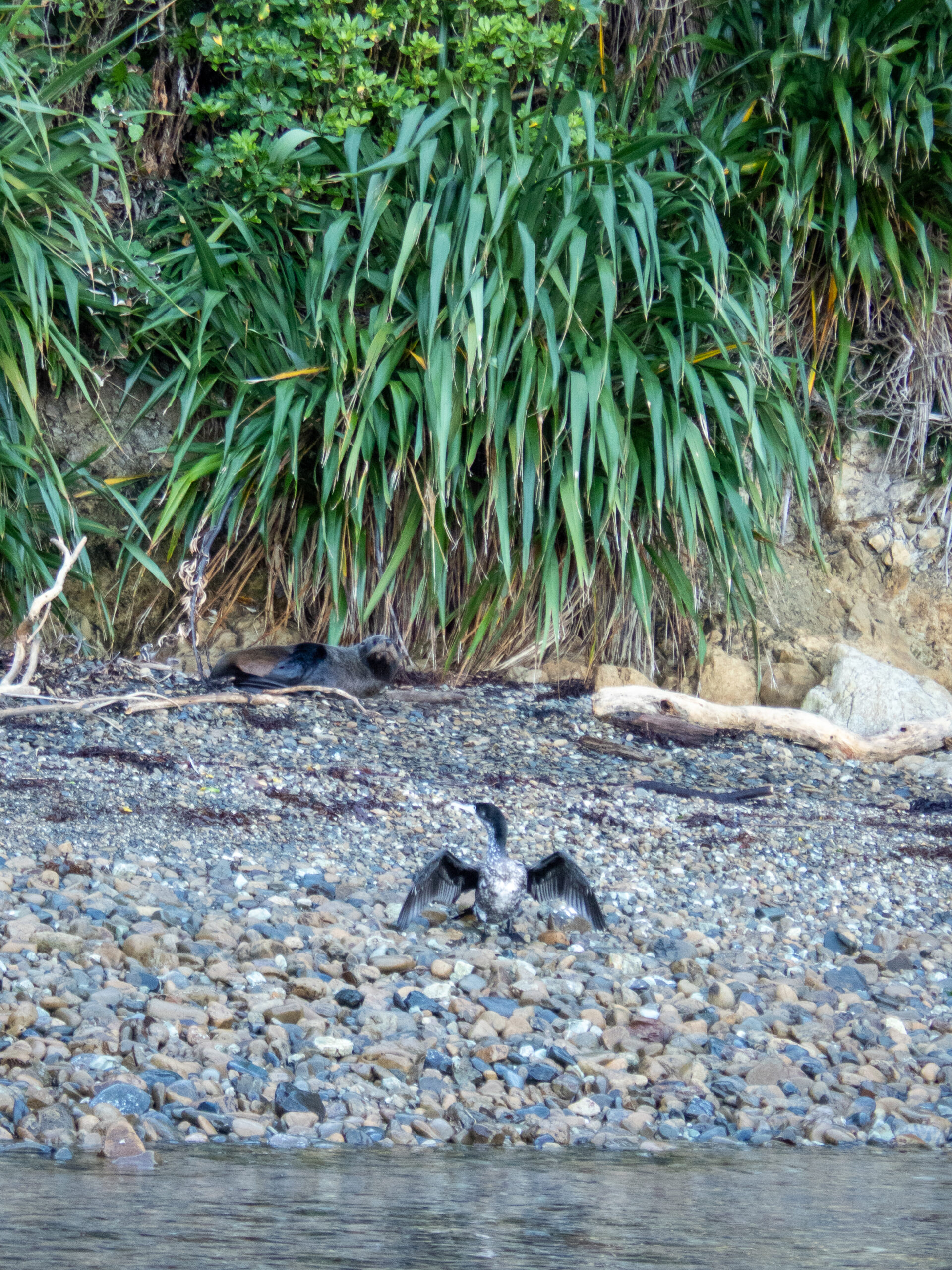



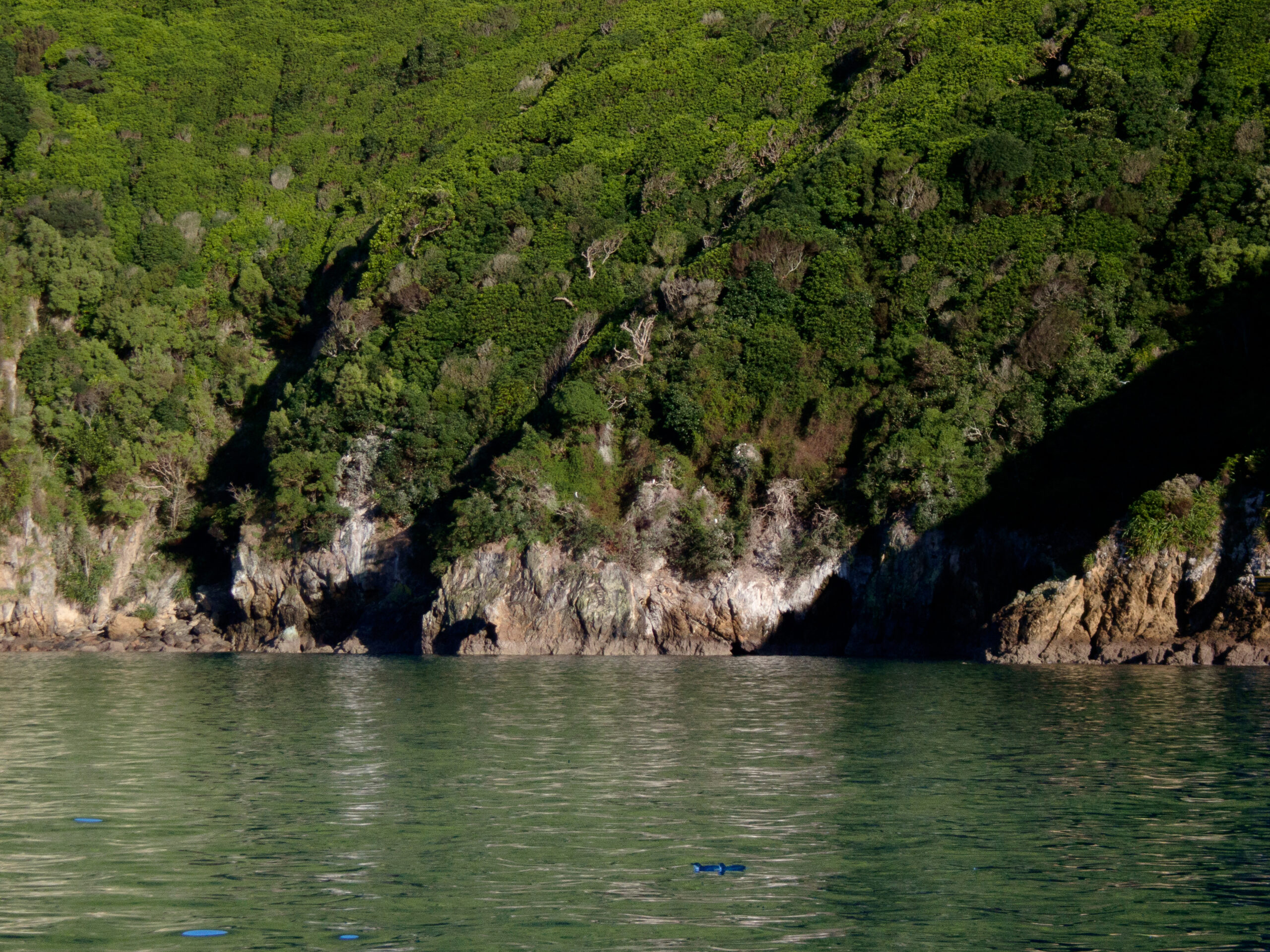
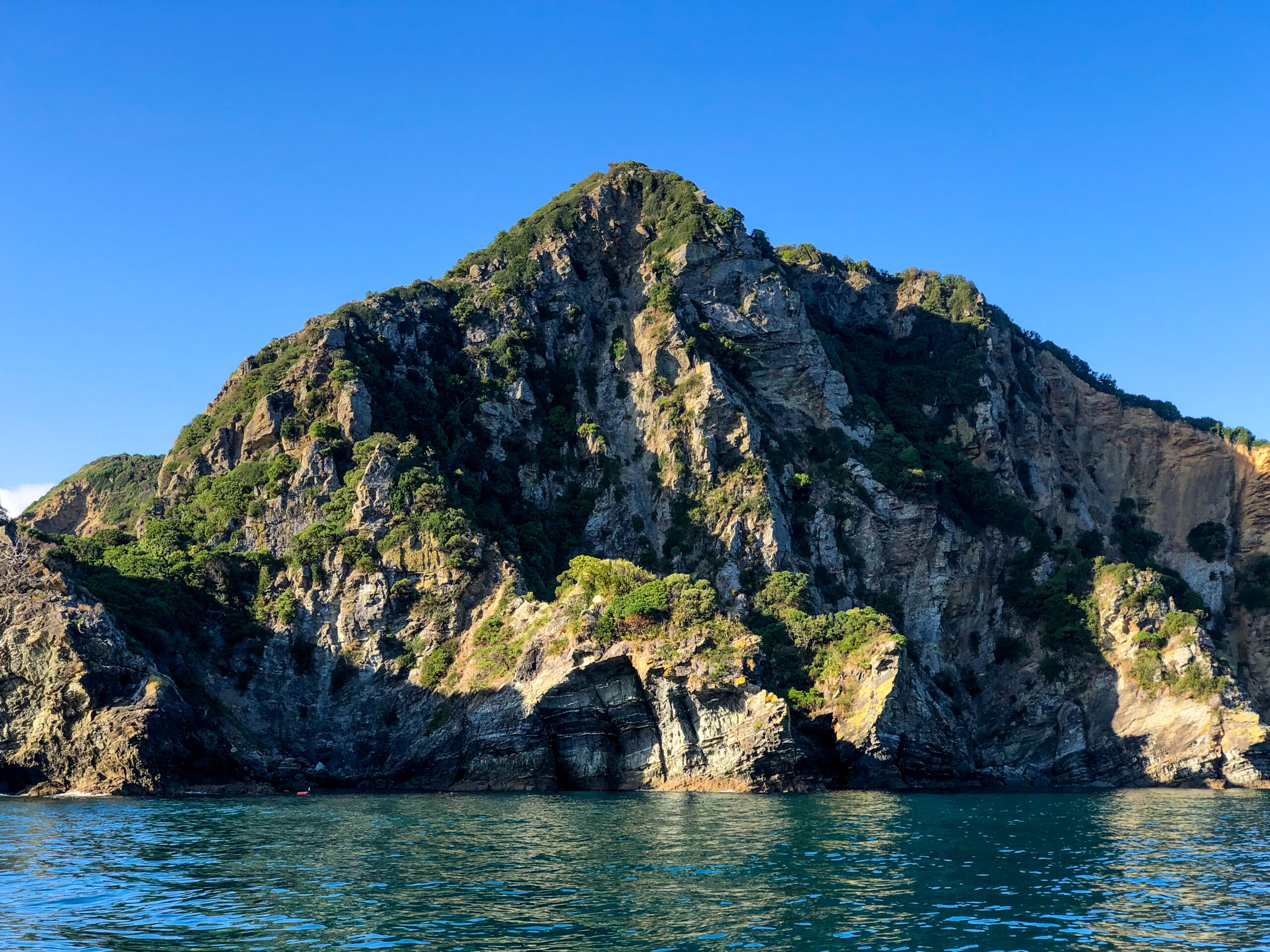
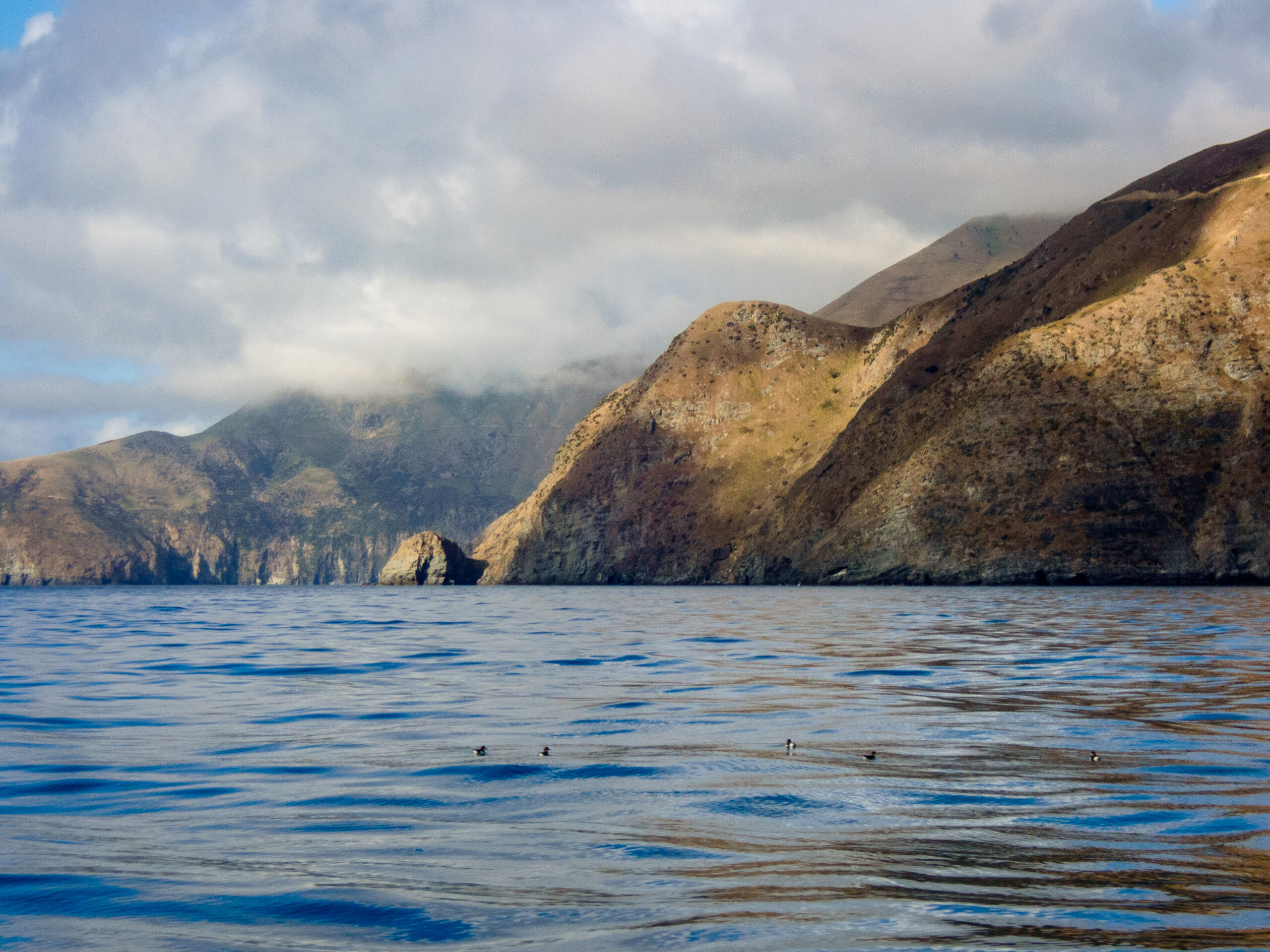
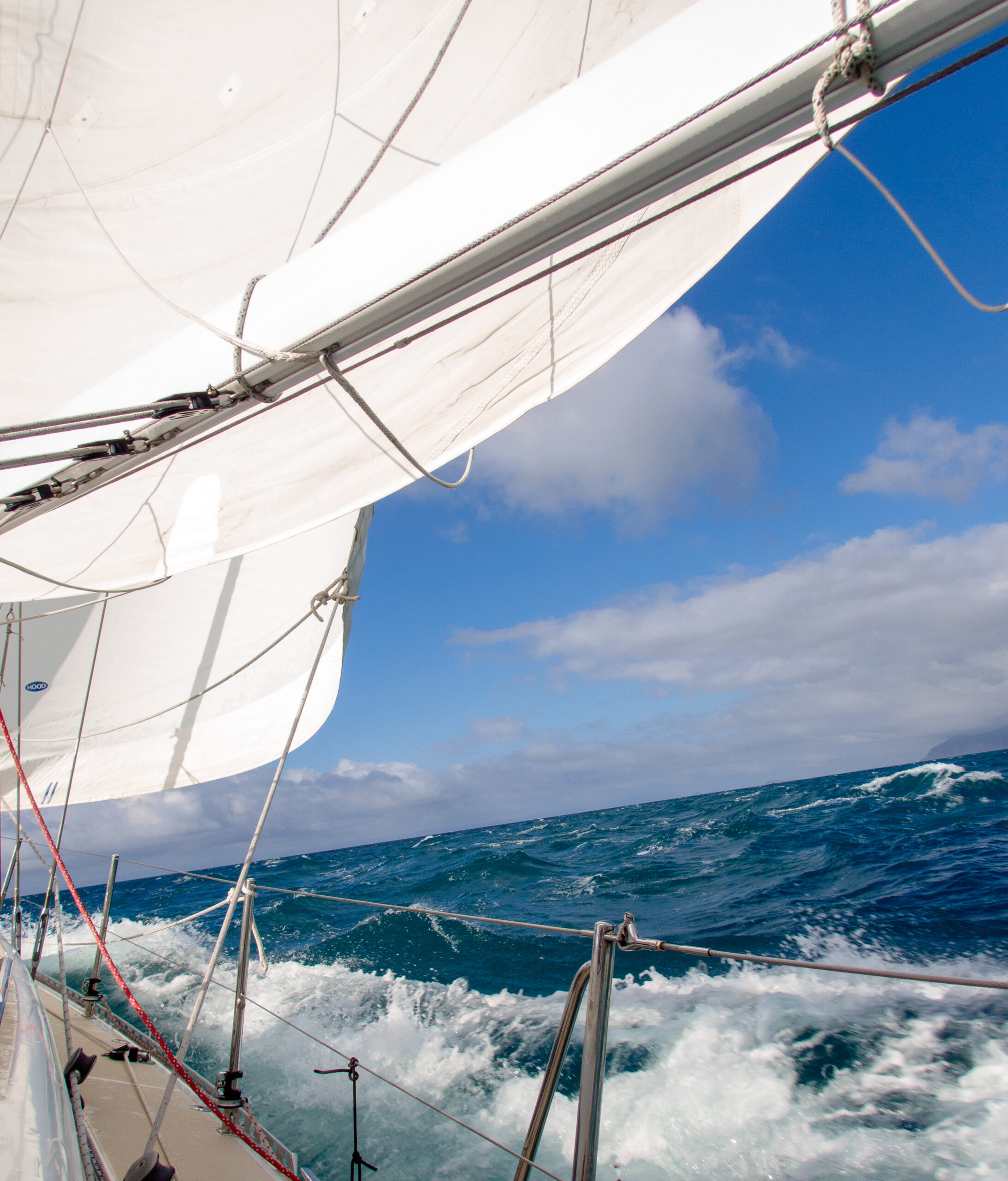

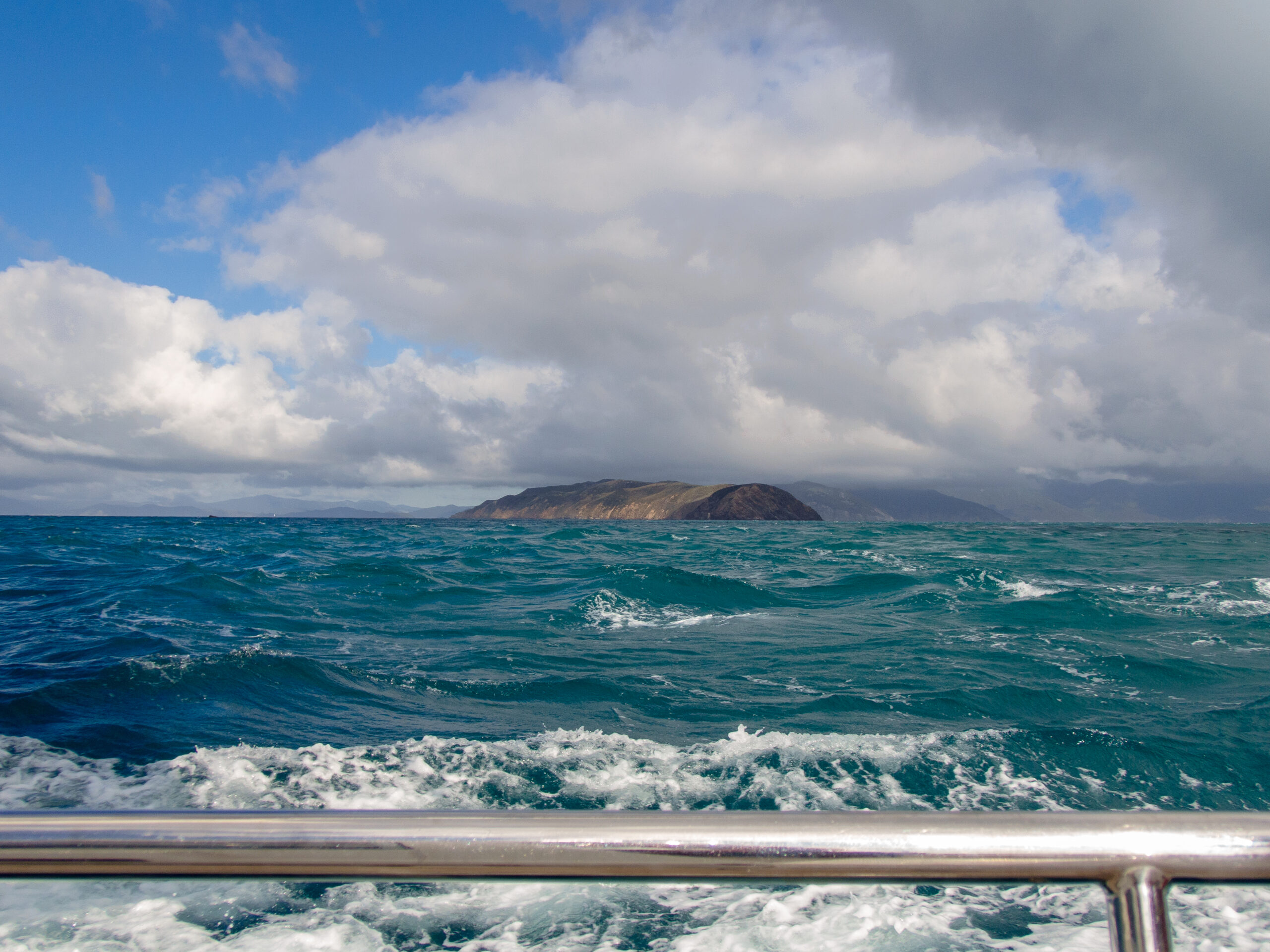
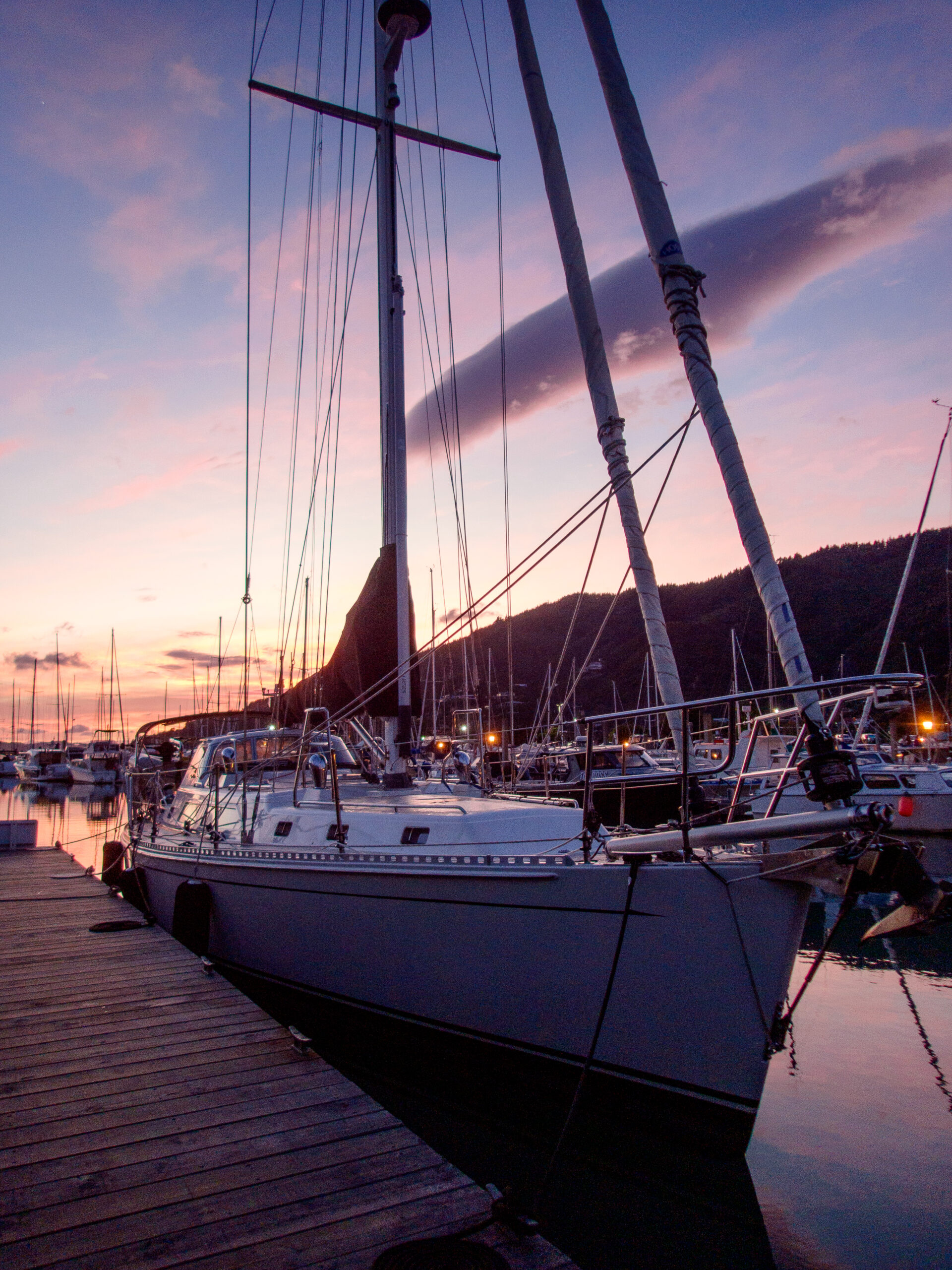
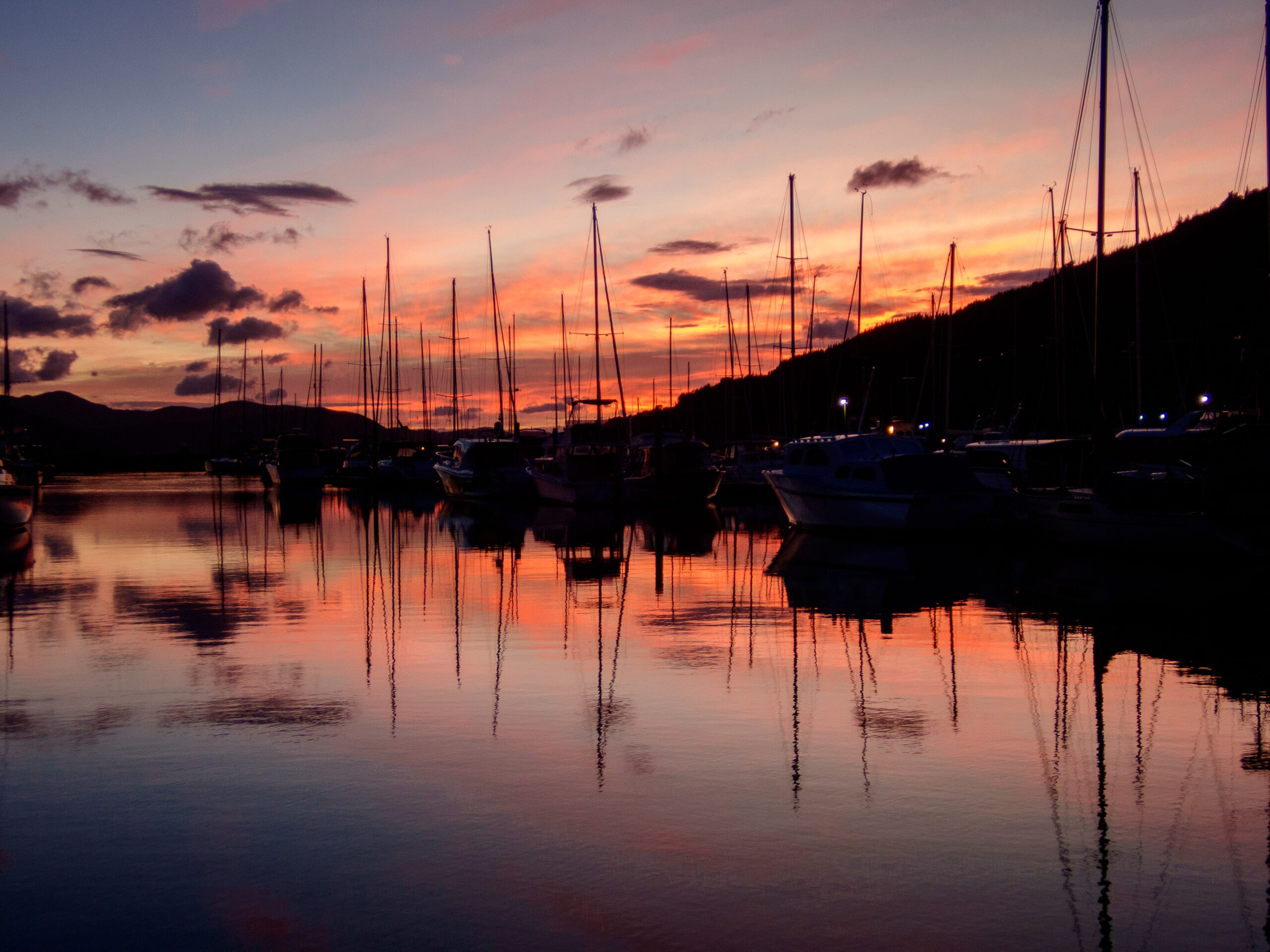
Passagemaking: Milford Sound to Abel Tasman National Park, South Island/NZ
It was a bit spooky sailing out of Milford at midnight without a moon. We had our inbound tracks on the chartplotter to follow, but it’s pretty amazing how disorienting darkness can be, even for feeling whether to turn to port or starboard to follow a line. Also with the steep granite walls, we didn’t feel 100% confident in our GPS. Diana went to the bow, and I stepped away from the helm to try to orient myself every few minutes, as we moved cautiously down the fiord. Though the GPS did seem to have a decent idea about where we were, it was also reassuring to have radar confirming the distance to the rock walls on either side. But what helped me relax most at the helm, was when Diana shouted that the dolphins had come to escort us out. I leaned over the rail and could just see and hear them splashing off our port headed for the bow. It was hard not to feel like they’d showed up intentionally to reassure us.

One of the many challenges of the passage from Milford up around Cape Farewell into the Cook Strait, is that there is only one place you might possibly stop, but that requires negotiating a river bar entrance at Westport (just north of Cape Foulwind!), which is safe only in decent weather. Otherwise, it’s a solid three day run (if you keep your speed up), which just barely fits into the cycle of weather shifting from South to North. The weather window that presented itself to us seemed pretty typical, catching the end of a southerly, motoring and motor-sailing through variable winds in a race to meet the Cape with relatively light winds rather than the usual NW or SE gale.Leaving sooner, we’d have had more wind to sail with, but we’d risk arriving too early for the switch of winds at Cape Farewell.
Diana took the first watch just after 2 AM after we cleared the hazards on the north side of the entrance to Milford and could head more directly north. “Really cold, icy hands,” she wrote in the margins of the logbook. “Overcast skies heading further out to clear Arawua Point/Big Bay Bluff.” Just after sunrise on my watch, I got a glimpse of the mountains south of Mt Aspiring, which reminded me of Wyatt’s 100 mile run the length Aspiring National Park. I wondered if he could have seen the Tasman Sea from any of those lofty ridge lines he traversed?



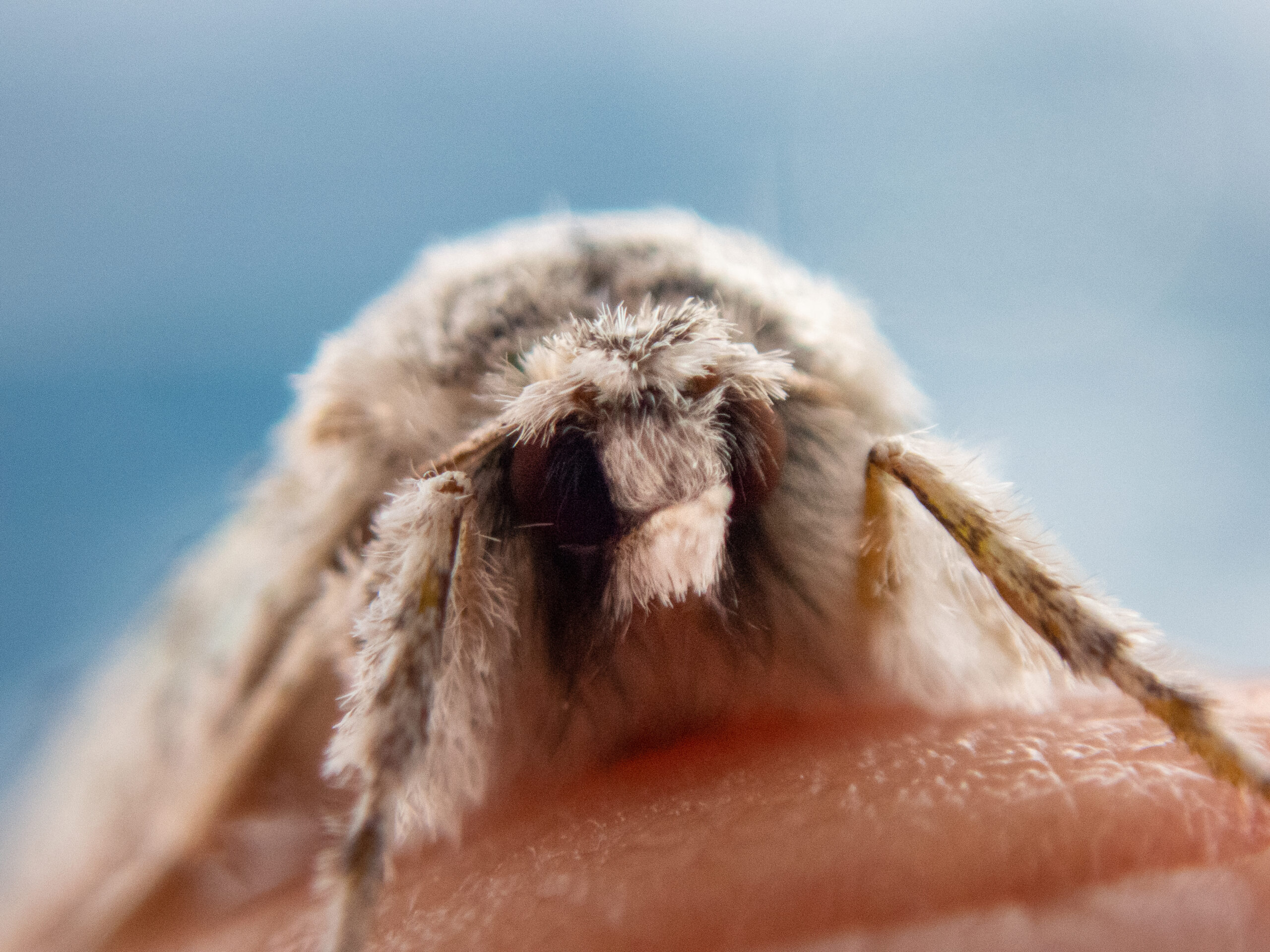
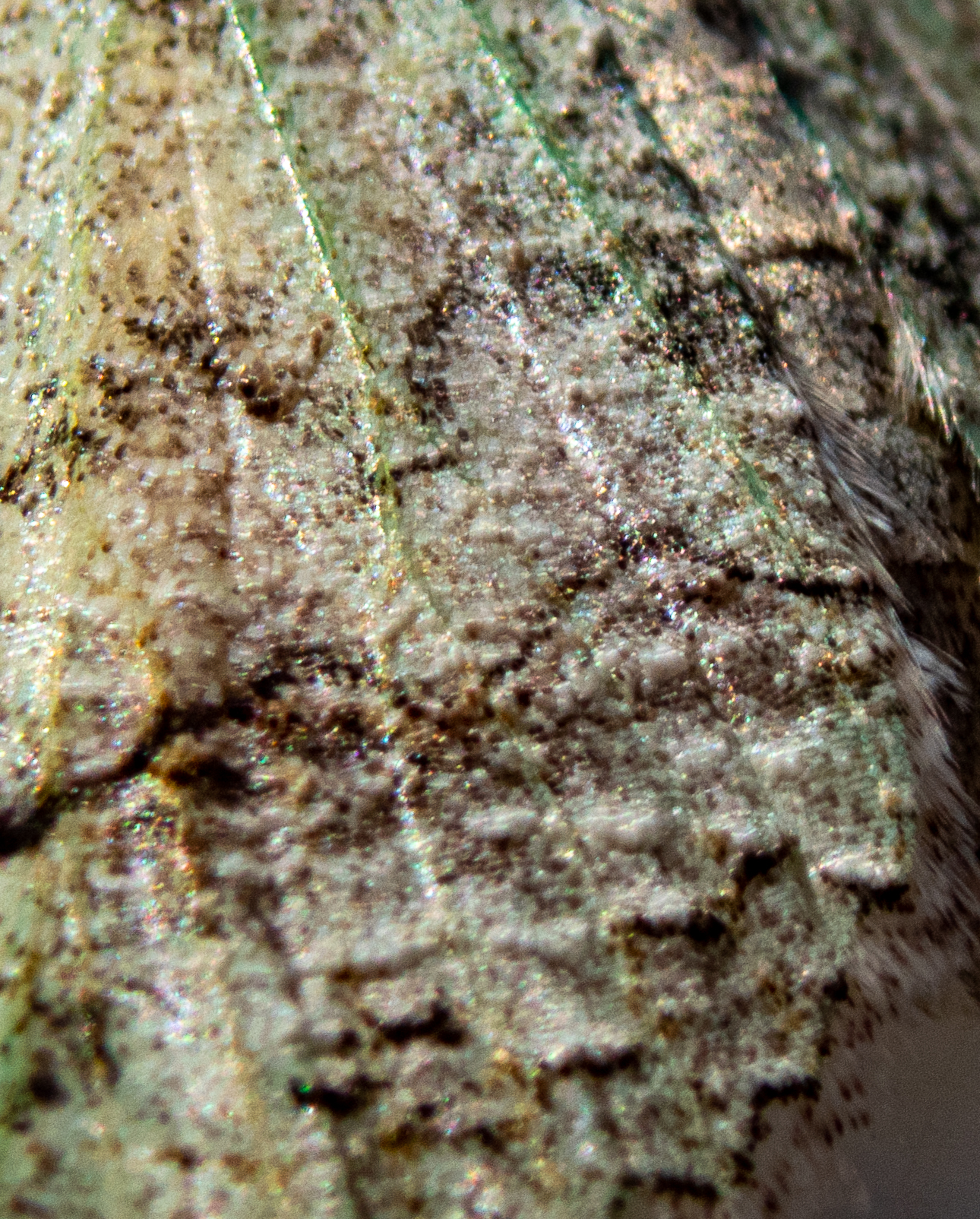


Also in the logbook, I see a lot of scribbles in these notes about fuel rates, and estimates of actual fuel burned for miles ‘made good.’ Allora carries 190 gallons full which is more than enough for the distance as long as the weather is reasonably cooperative, but it makes a difference if you’re burning 1.5 gallons/hour or pushing the engine and burning 2.5 gallons/hour. The extra gallon doesn’t double your speed. People better at the maths would probably be able to calculate exactly what fuel rate is most efficient. I settled upon 1.6 or 1.7 as an nice compromise of efficiency, speed (to make our date at Cape Farewell) and comfort. 
We had rain. We had current steadily set against us. We had dolphins streak by in the night leaving comet trails in the bioluminescence. We fussed about the wind, almost-but-not-quite-enough to sail, ever creeping up on the nose. We almost lost a batten in the mainsail. Then later, Otto, our autopilot made a sudden decision to turn hard to starboard out of nowhere. The switch for the high pressure pump on the watermaker heated up and set off the smoke alarm (naturally at night-while I was off watch). We saw no other boats besides the occasional fishing boat working closer to shore. We caught a glimpse of Aoraki (Mt Cook) at sunset, and at Cape Foulwind a couple of seal lions waved as we passed by.

On the last night, as seems to be a theme lately, Diana drew the toughest watch of the passage. There was just no way to completely avoid a patch of heavy winds slated to meet us as we approached the Cape, straight on the nose. We tried to time it for the least possible, but Poseidon wasn’t going to let us off feeling too clever. For her whole watch, Allora slammed into 20 knots on the bow clawing her way up the last bit of coast to Cape Farewell. Finally, after calling Farewell Maritime radio to try to find out whether it was generally considered advisable to cut the corner at Kahurangi shoals (which they weren’t really able to commit to), we decided it probably wasn’t, so we slogged on. Diana went off watch and very soon after, we were able to fall off the wind. Just five degrees made a big difference. Pretty soon we were motor-sailing and by Diana’s last sunrise watch she was able to shut the engine off and sail along Farewell Spit, an amazing 25km sandbank off the northwestern corner of the South Island at the opening of Cook Strait. The winds were light but sweet. Finally! ~MS
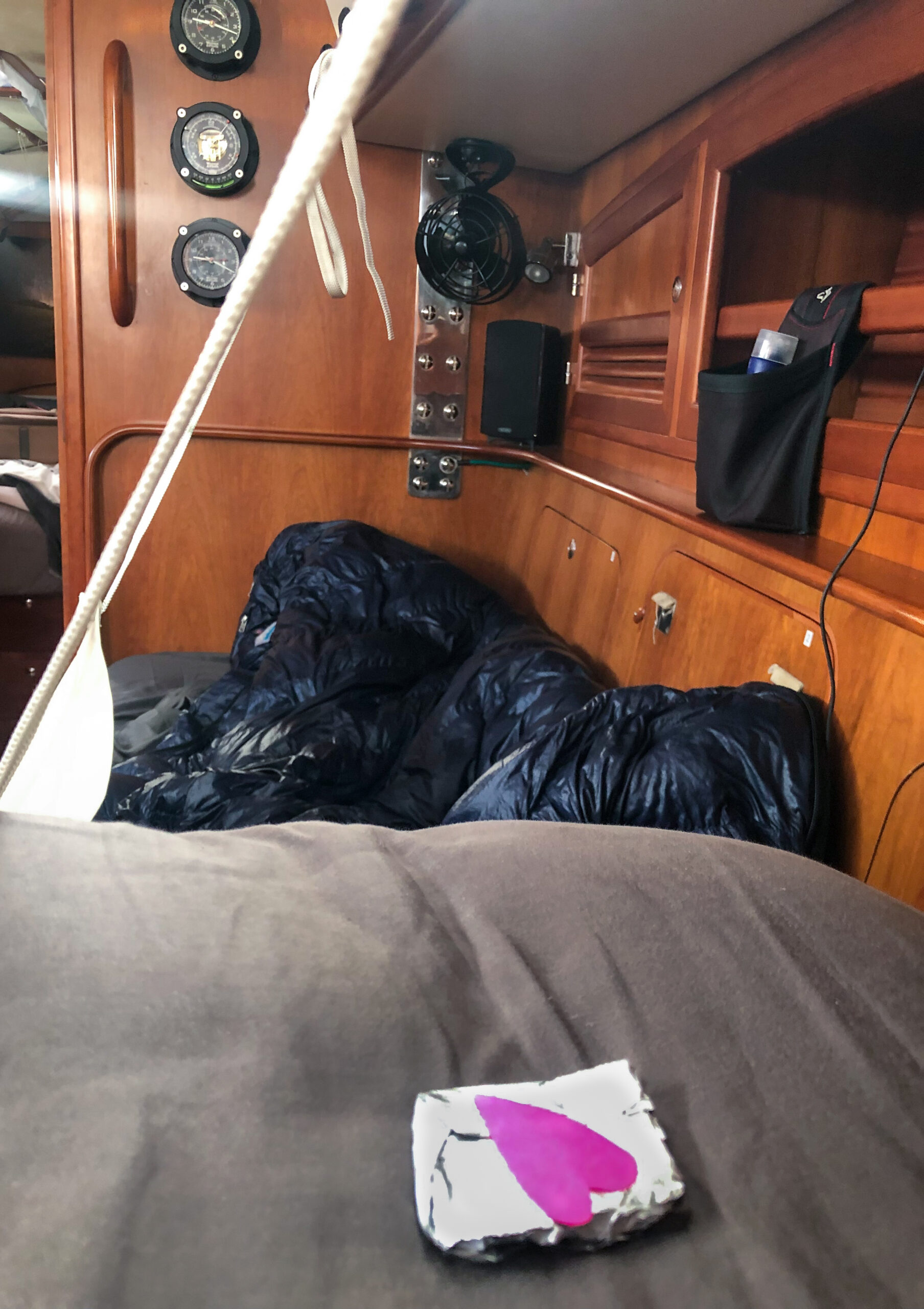


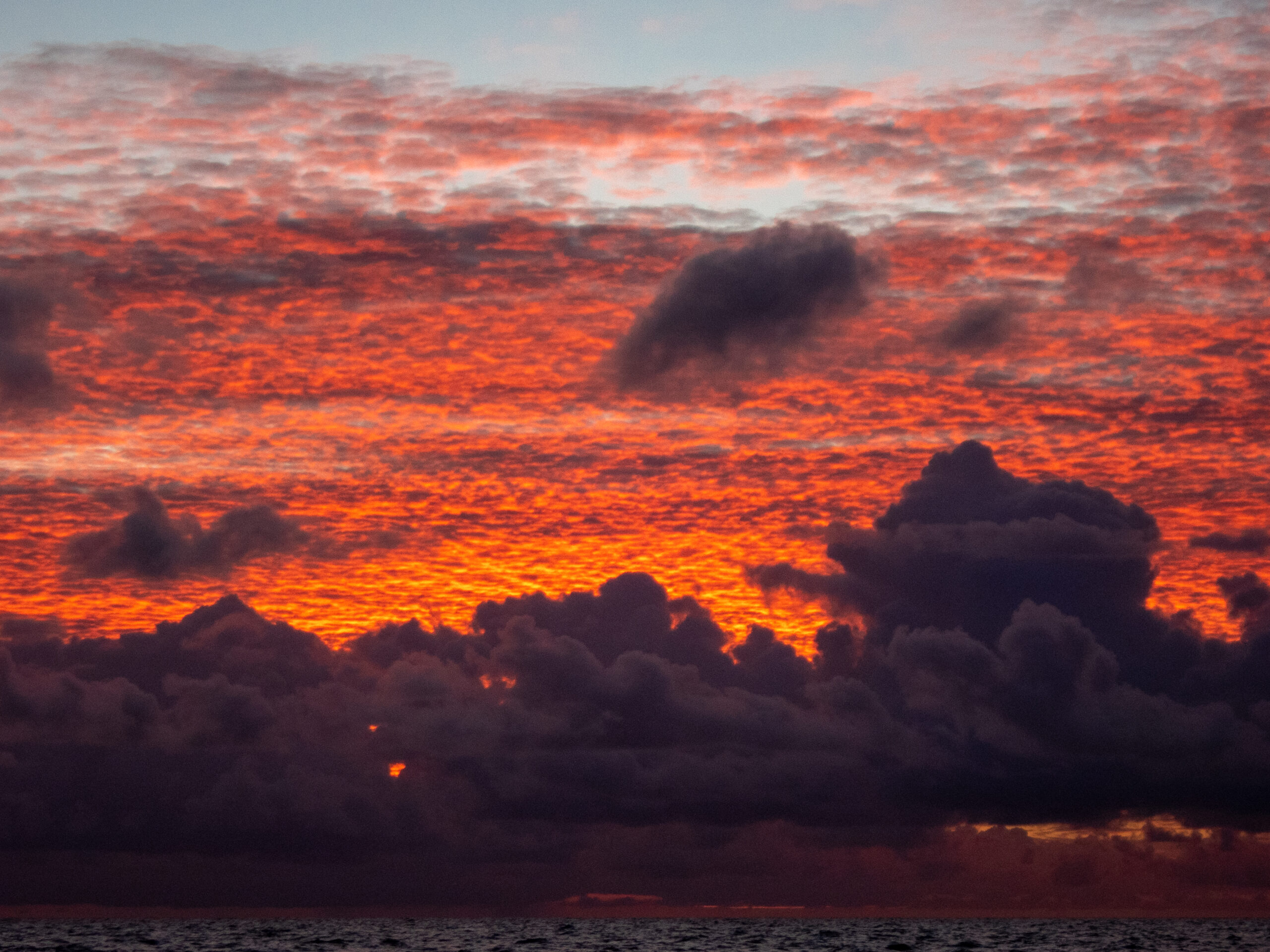
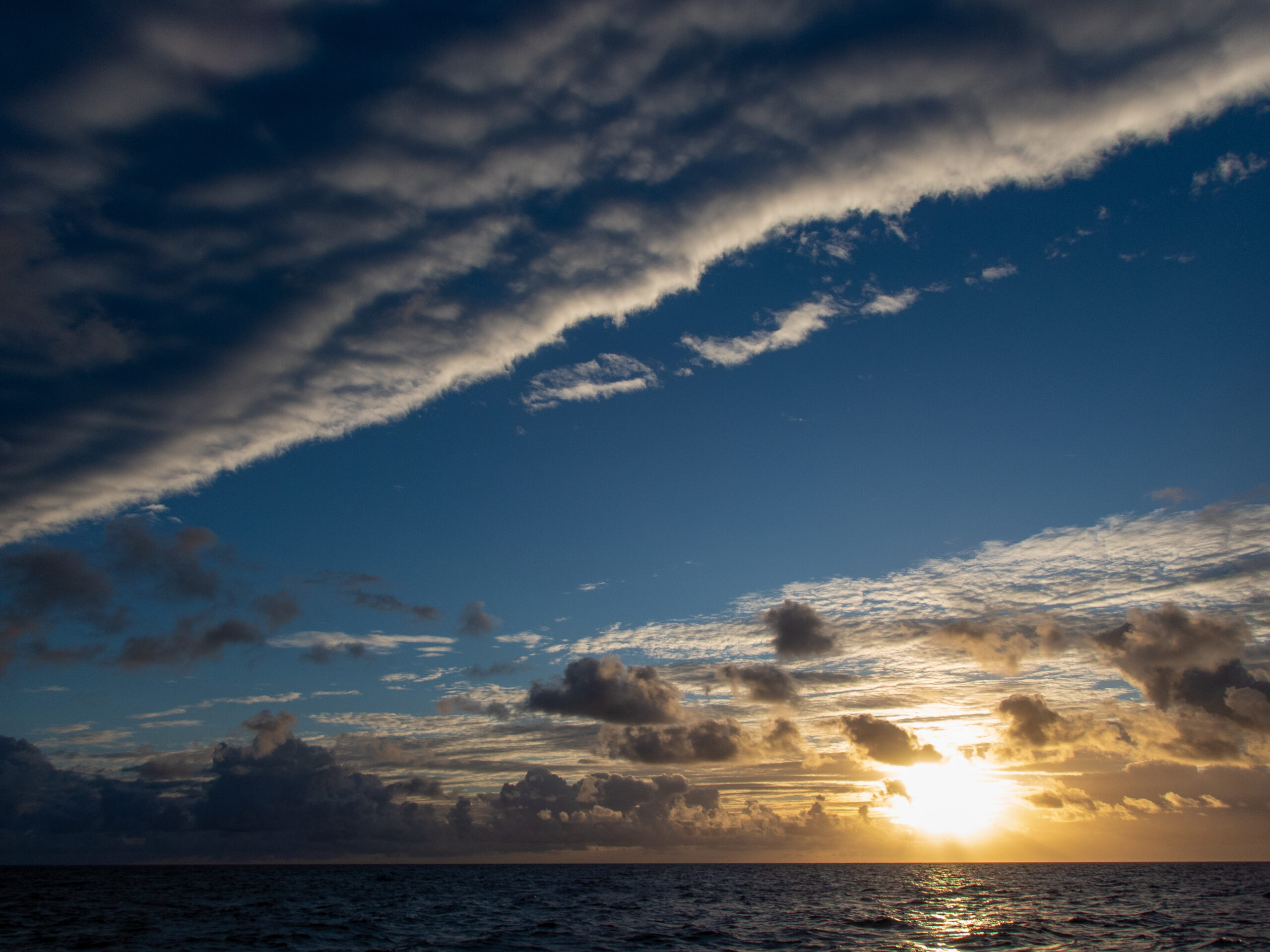

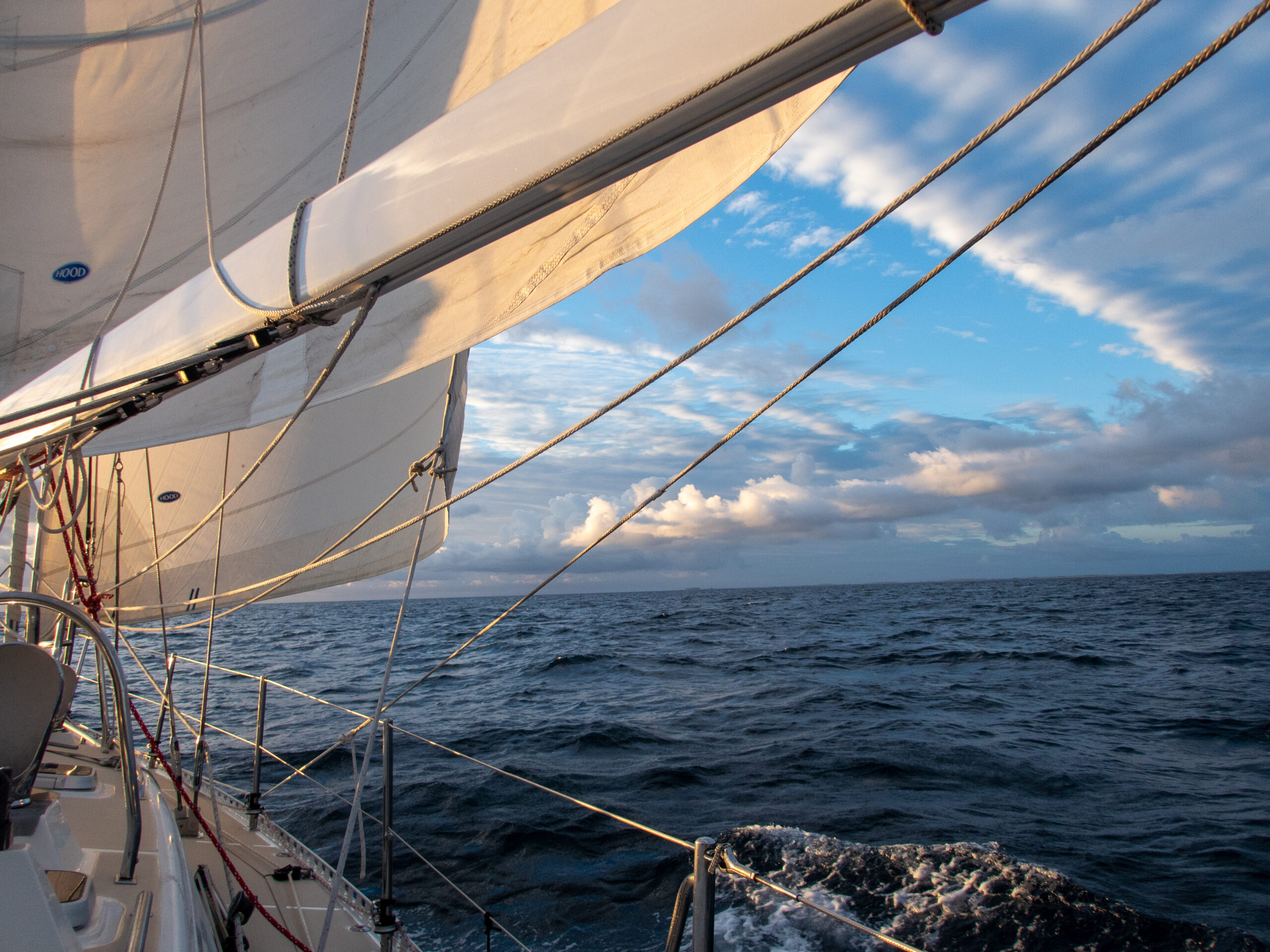
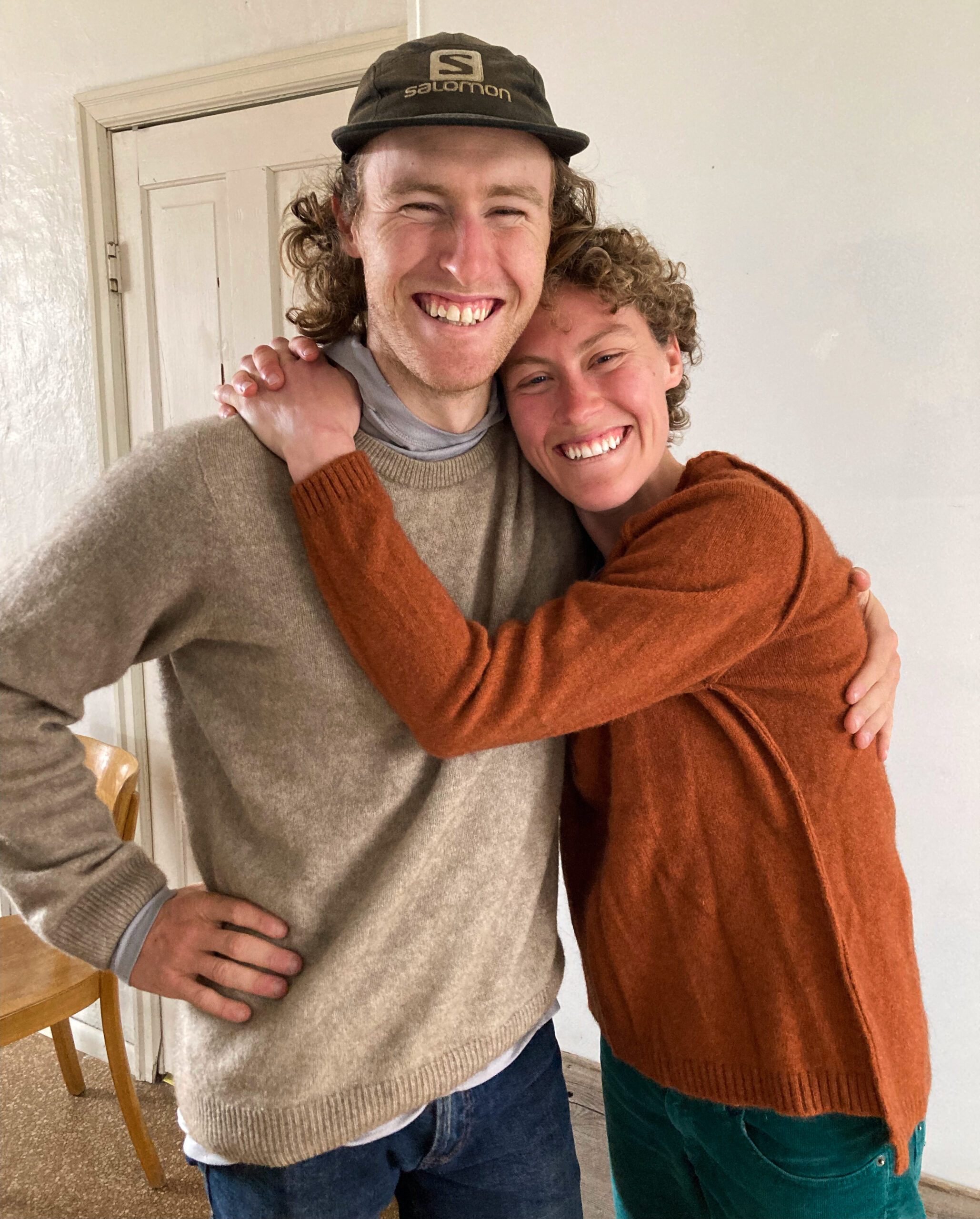
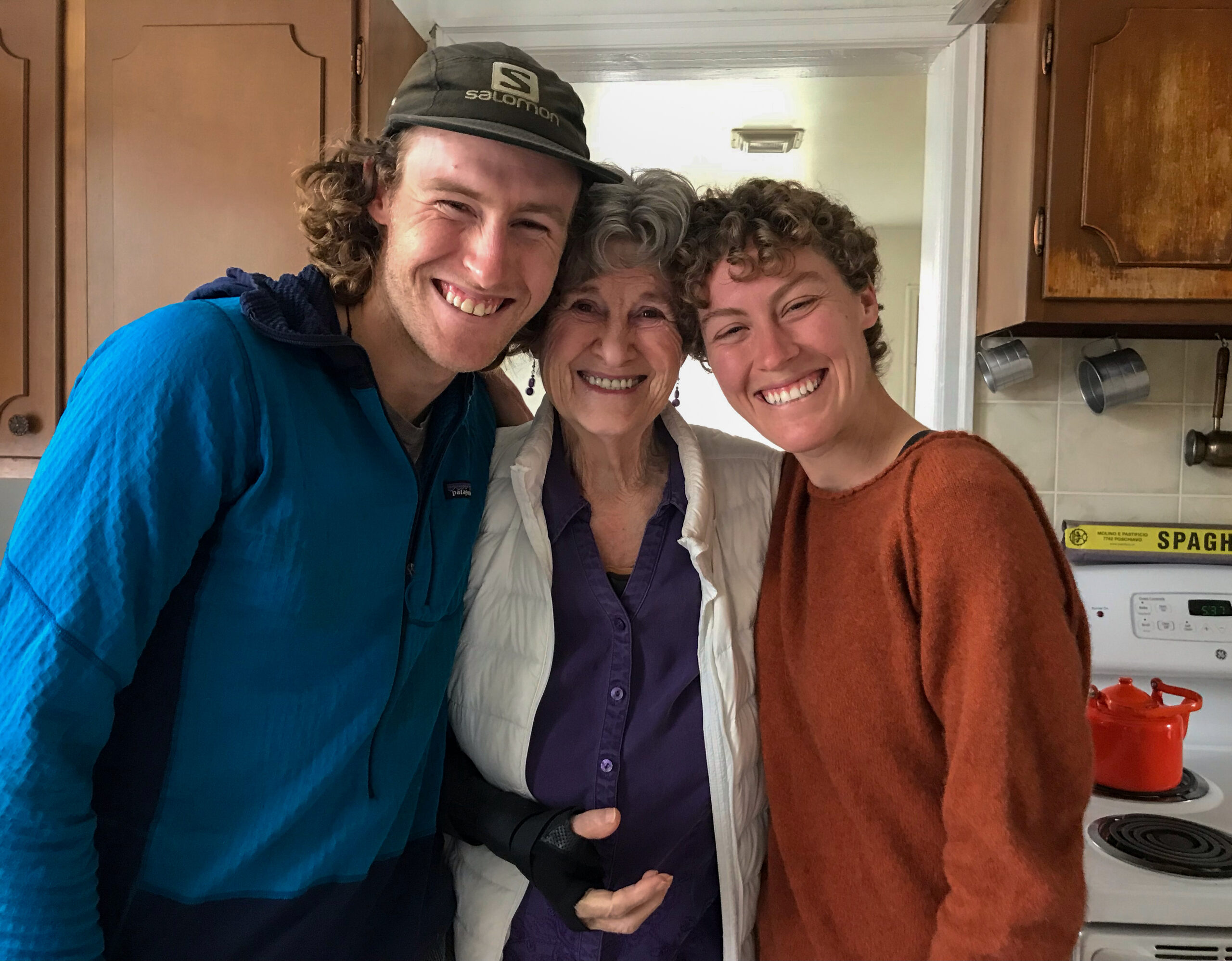

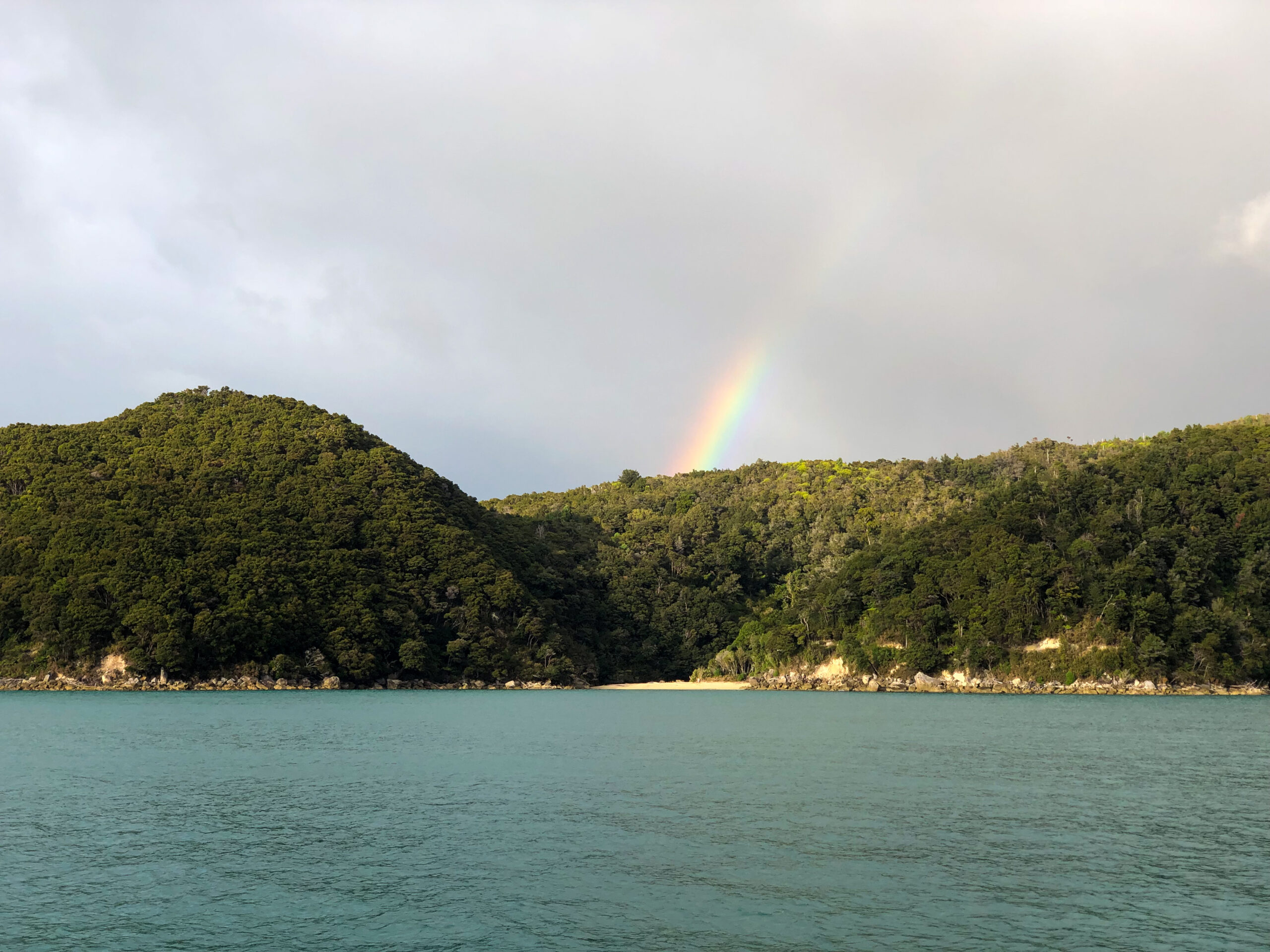
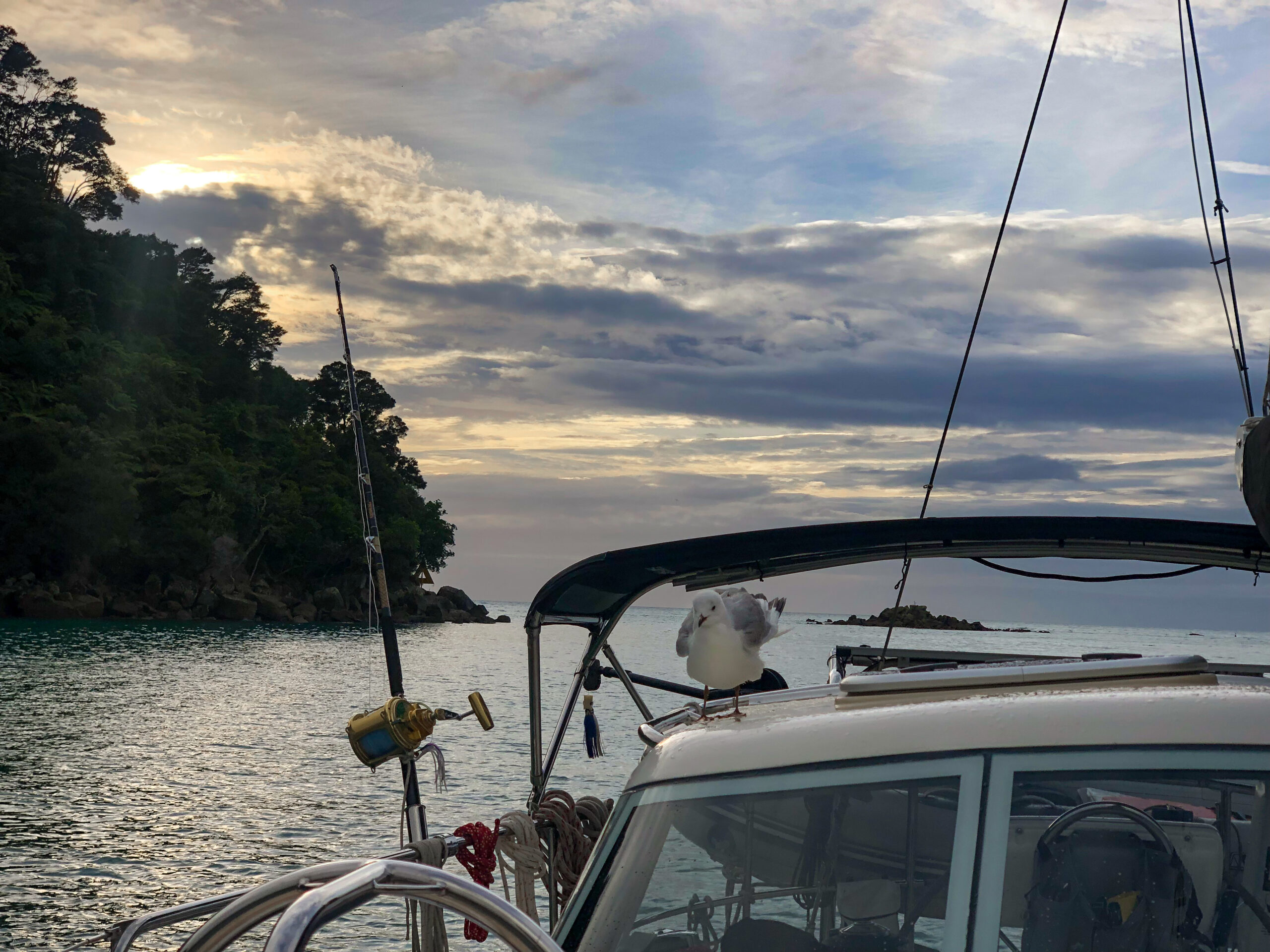

Magical Milford Sound/Piopiotahi! – Fiordland
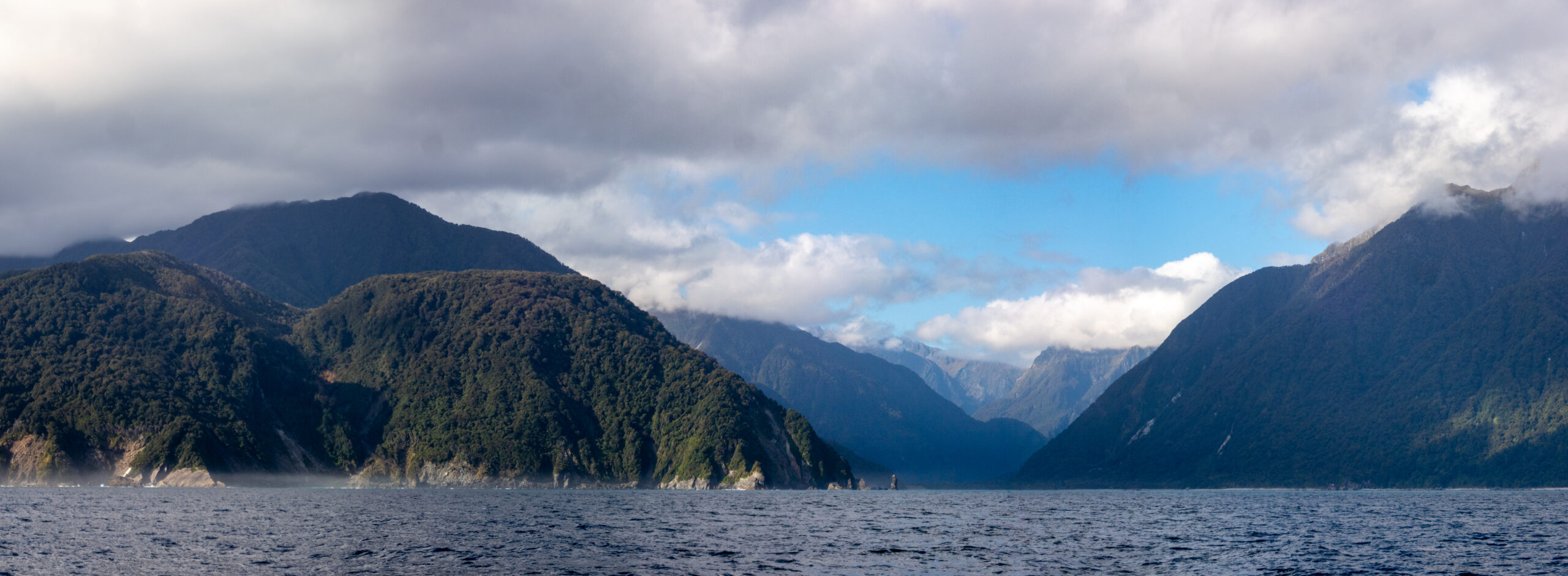

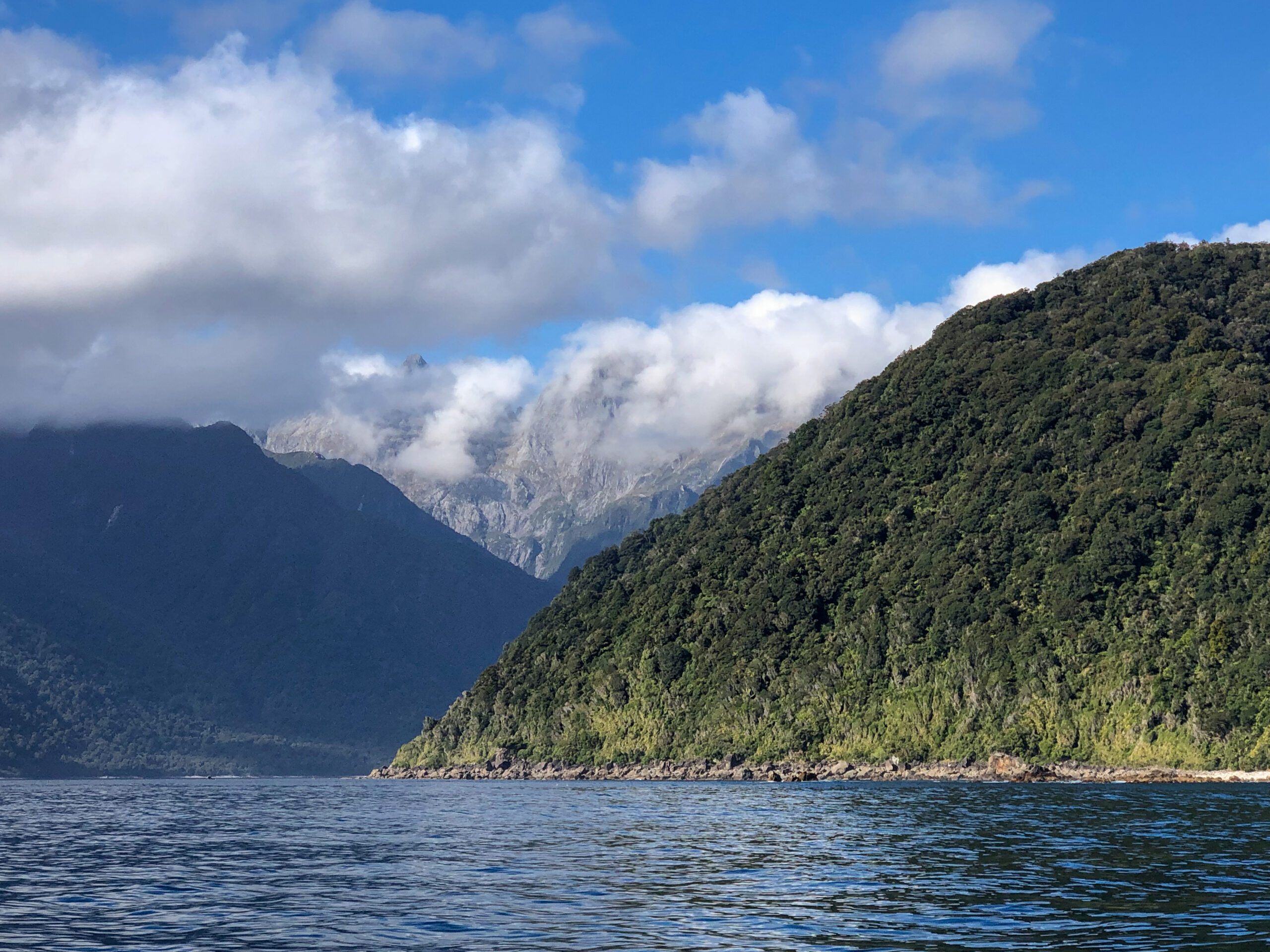
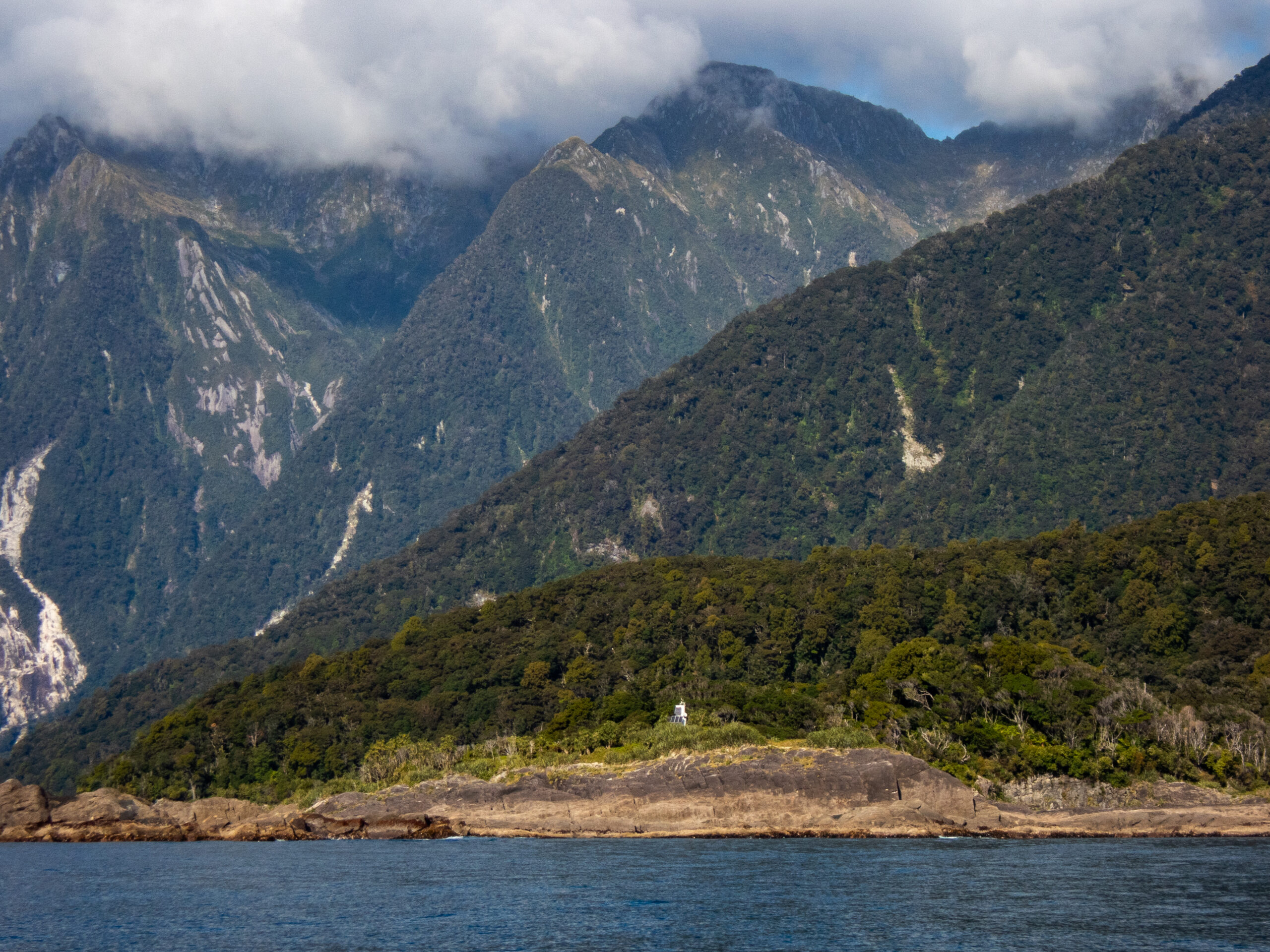
Piopiotahi (Milford Sound) resonates with awe and leaves us speechless, like the Grand Canyon or Machu Picchu, or the Magellanic Clouds on a vividly starry night at sea. The sheer mass and scale, the soaring beauty, each breathtaking turn. Words just pour out, but fail to capture what it feels like to sail into this magnificent fiord. The day we spent in this unique-in-the world place, was blue and lit with sun, the water impenetrably deep, granite walls towered over us, beyond imagination and comprehension, the waterfalls gushed bountifully without end. Apparently Captain Cook missed Milford on his first pass, and actually that’s not entirely surprising. Approaching from the sea the fiord begins rather humbly and then builds and builds in its symphonic crescendo of magnificence. A bit much? Not really. Every time I stepped away from the helm and out from under the dodger I caught my breath as I looked up and up. ~MS

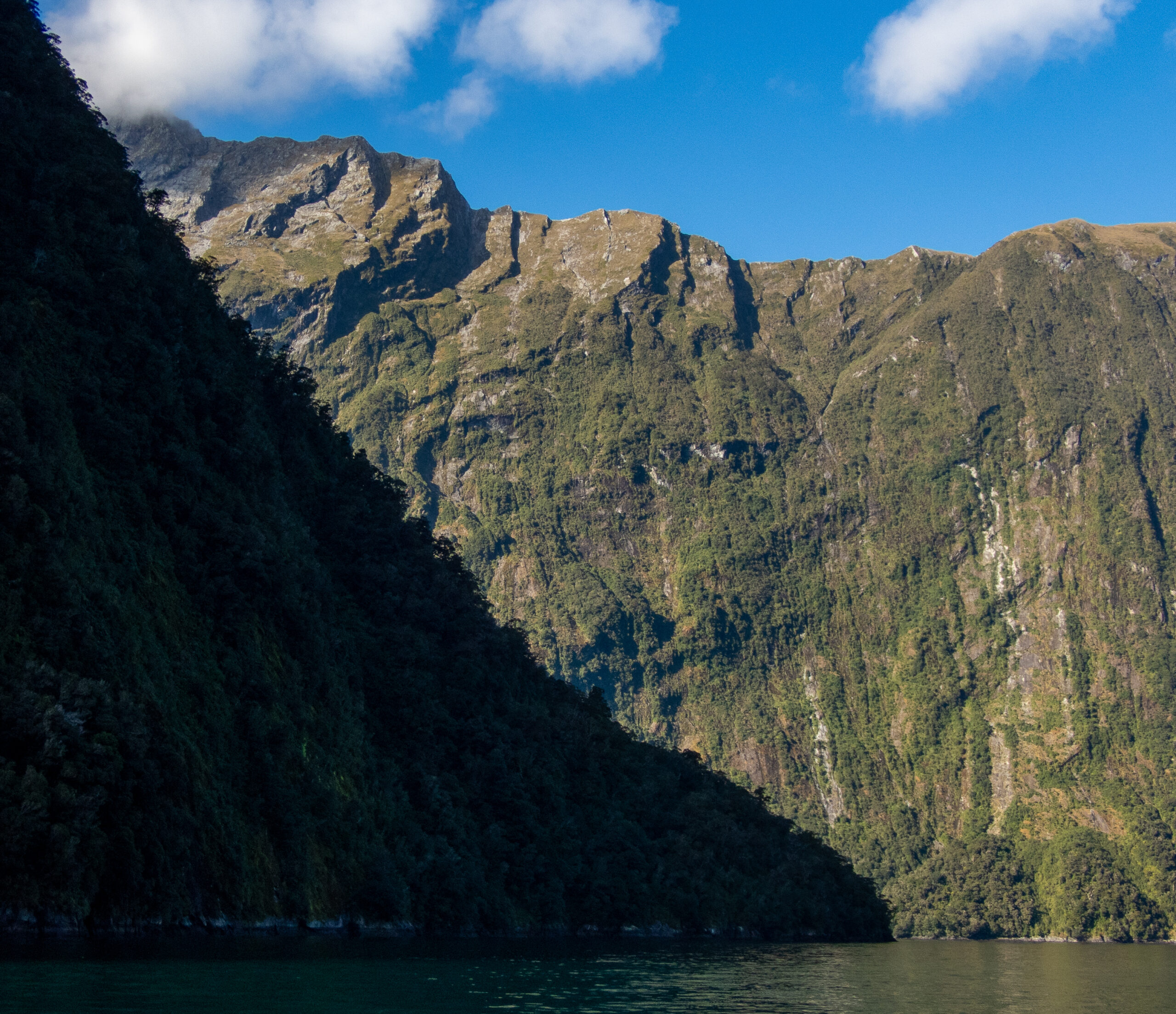
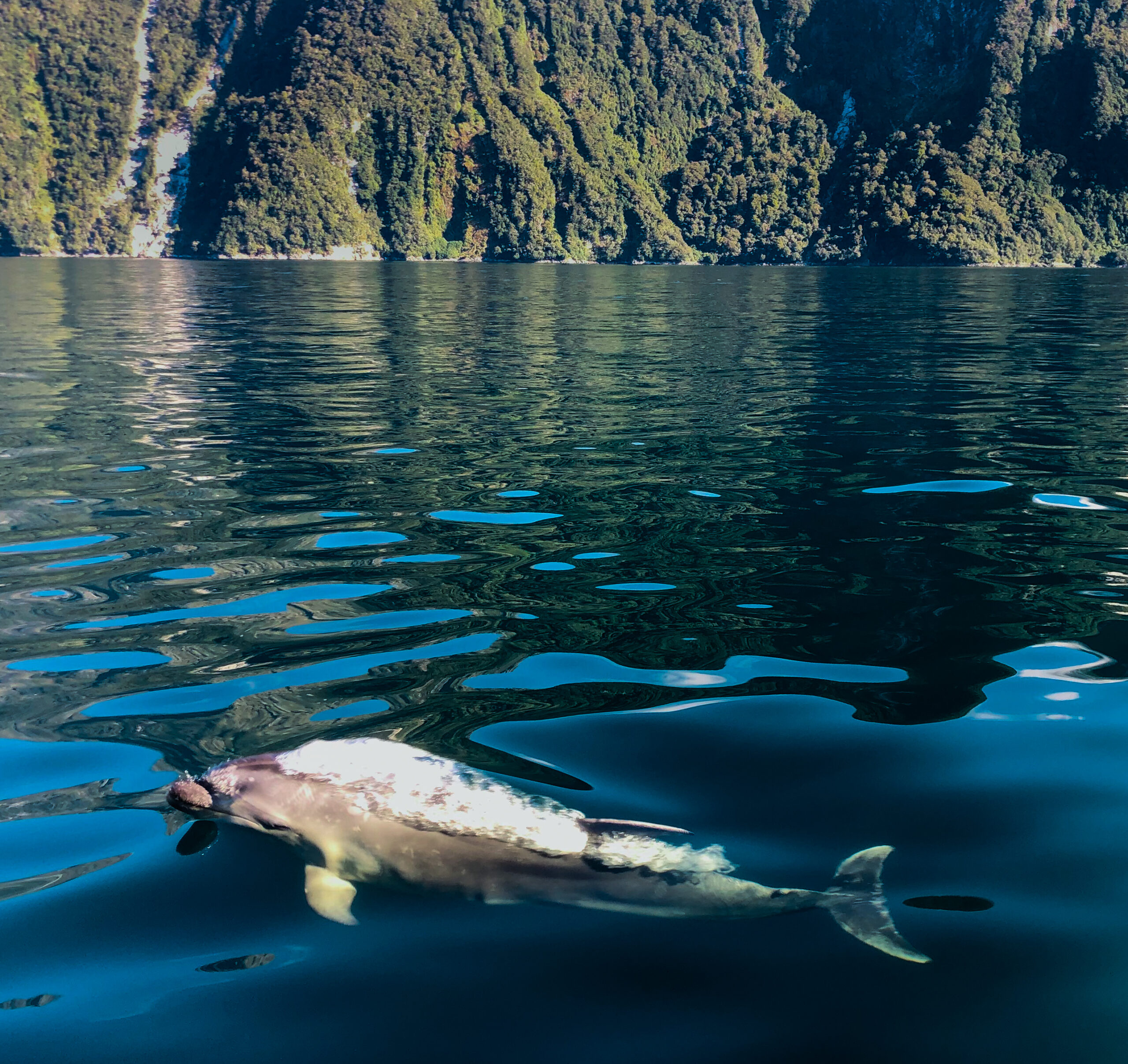



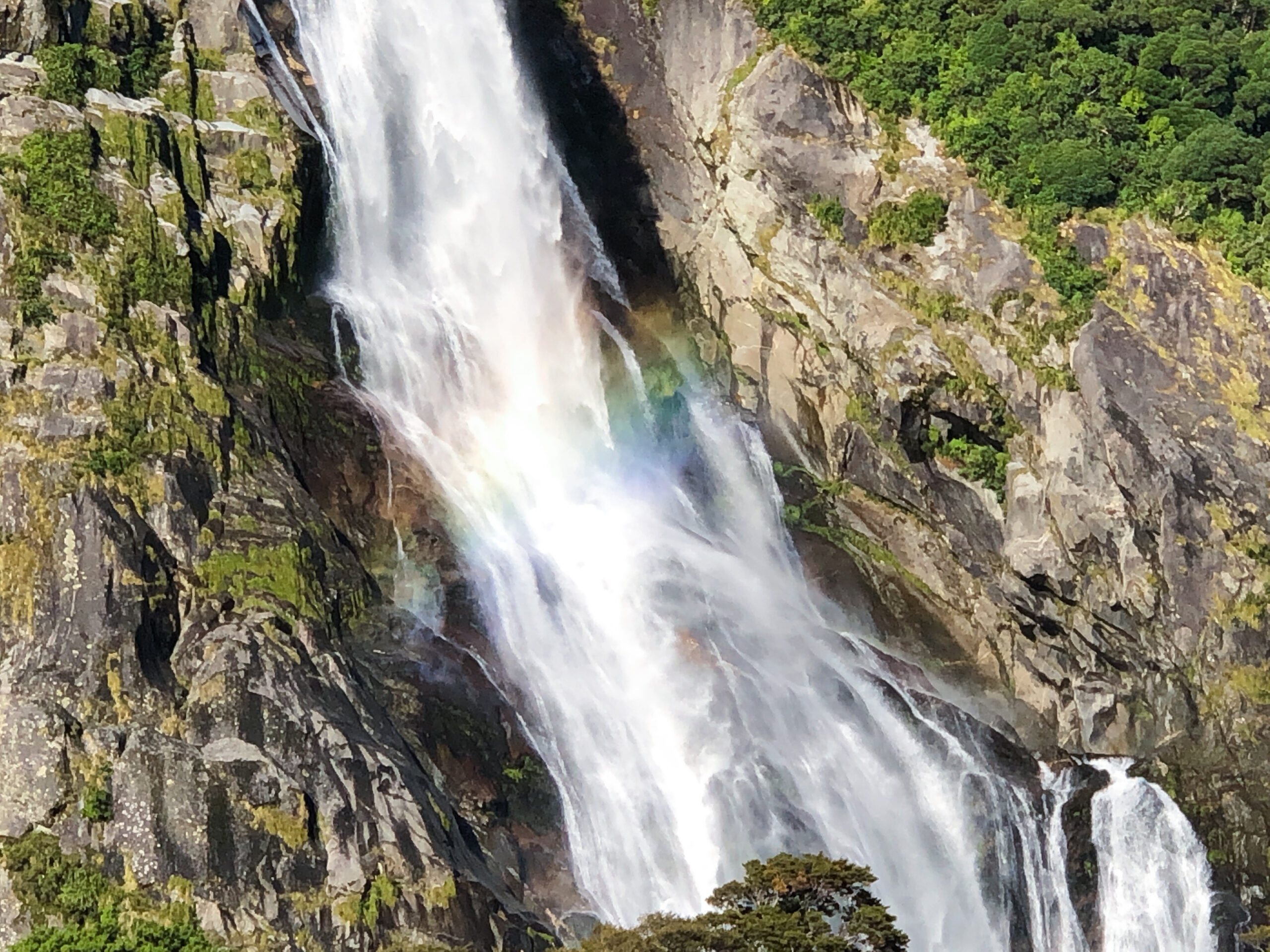
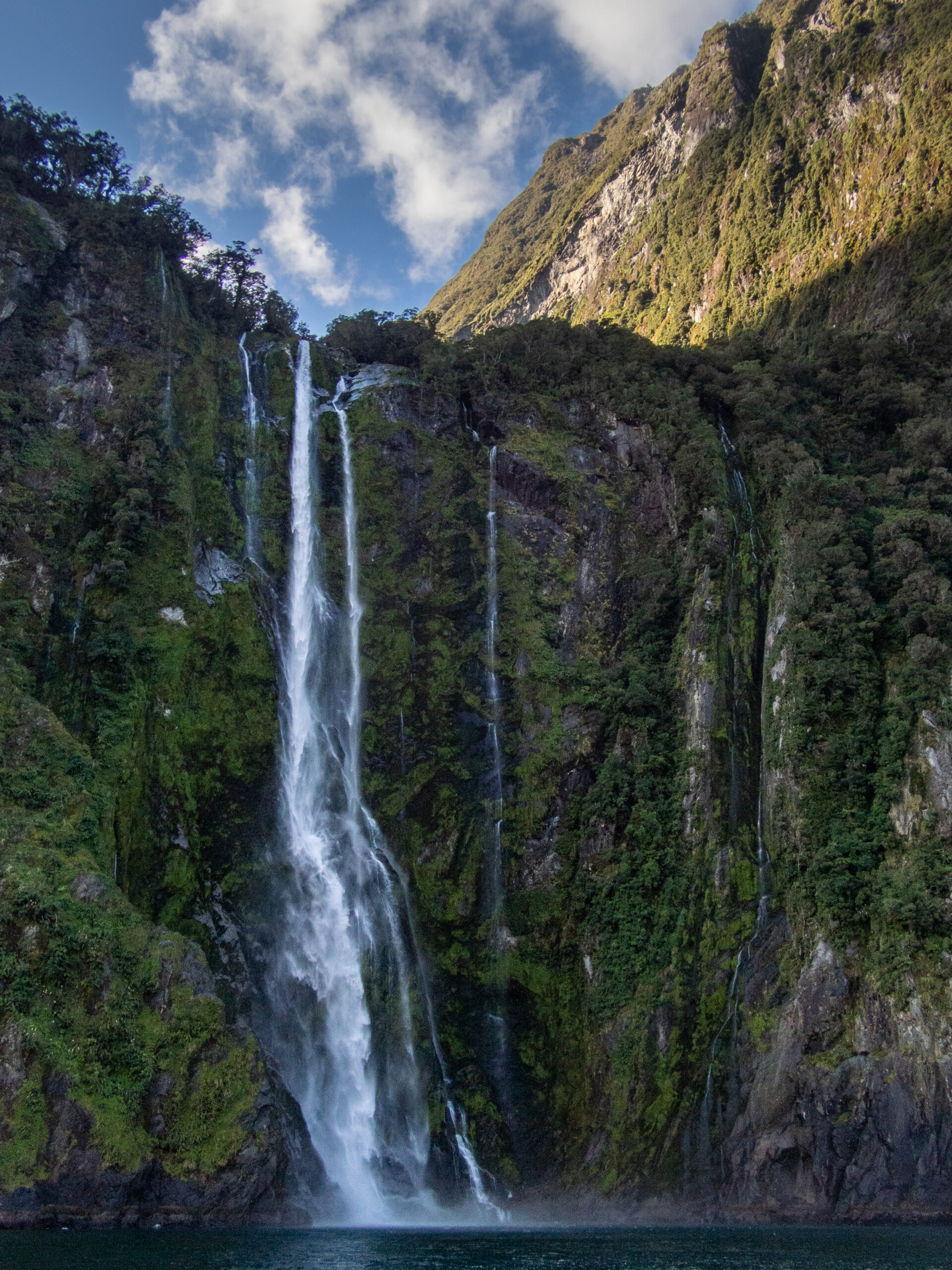
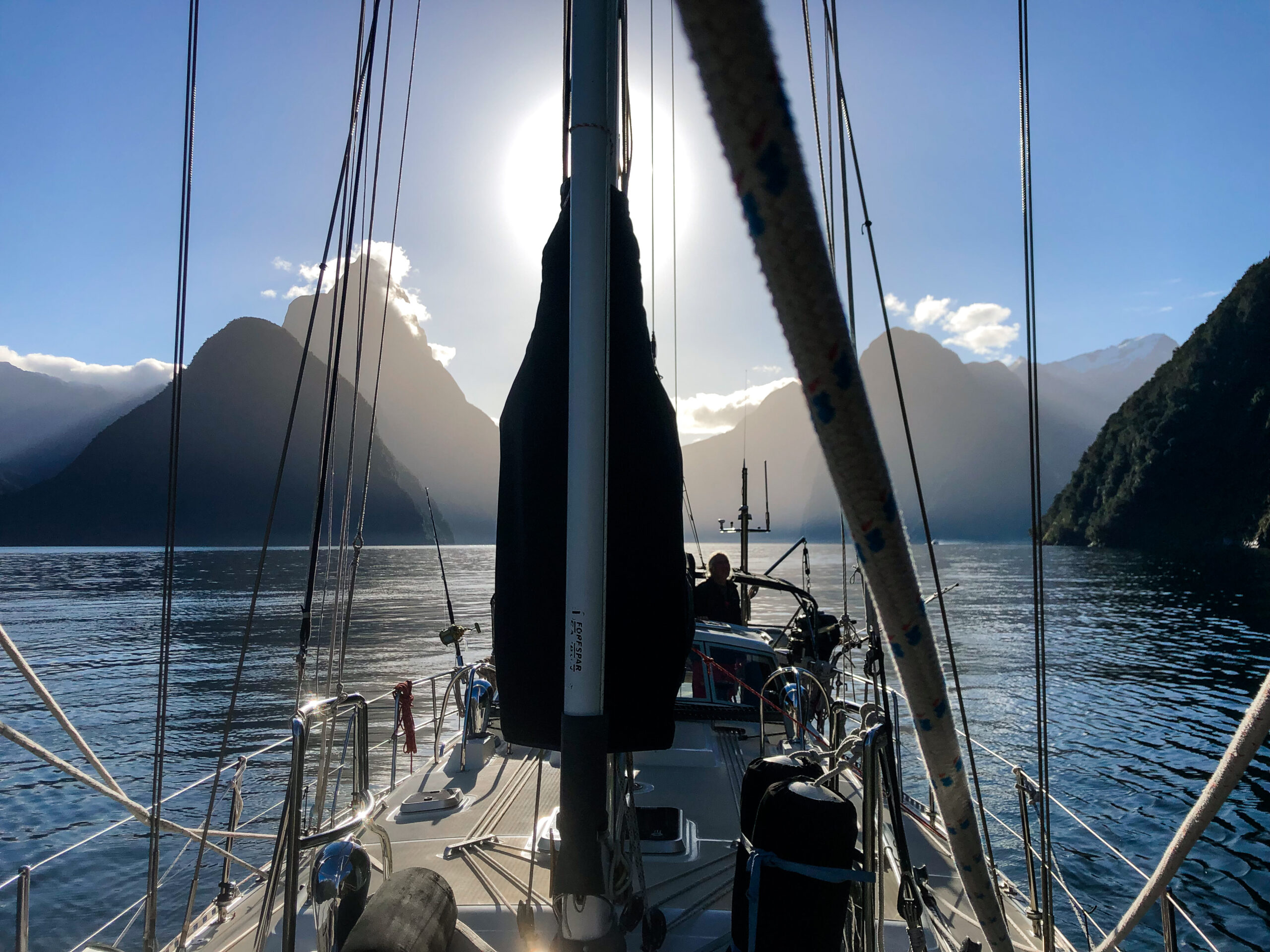

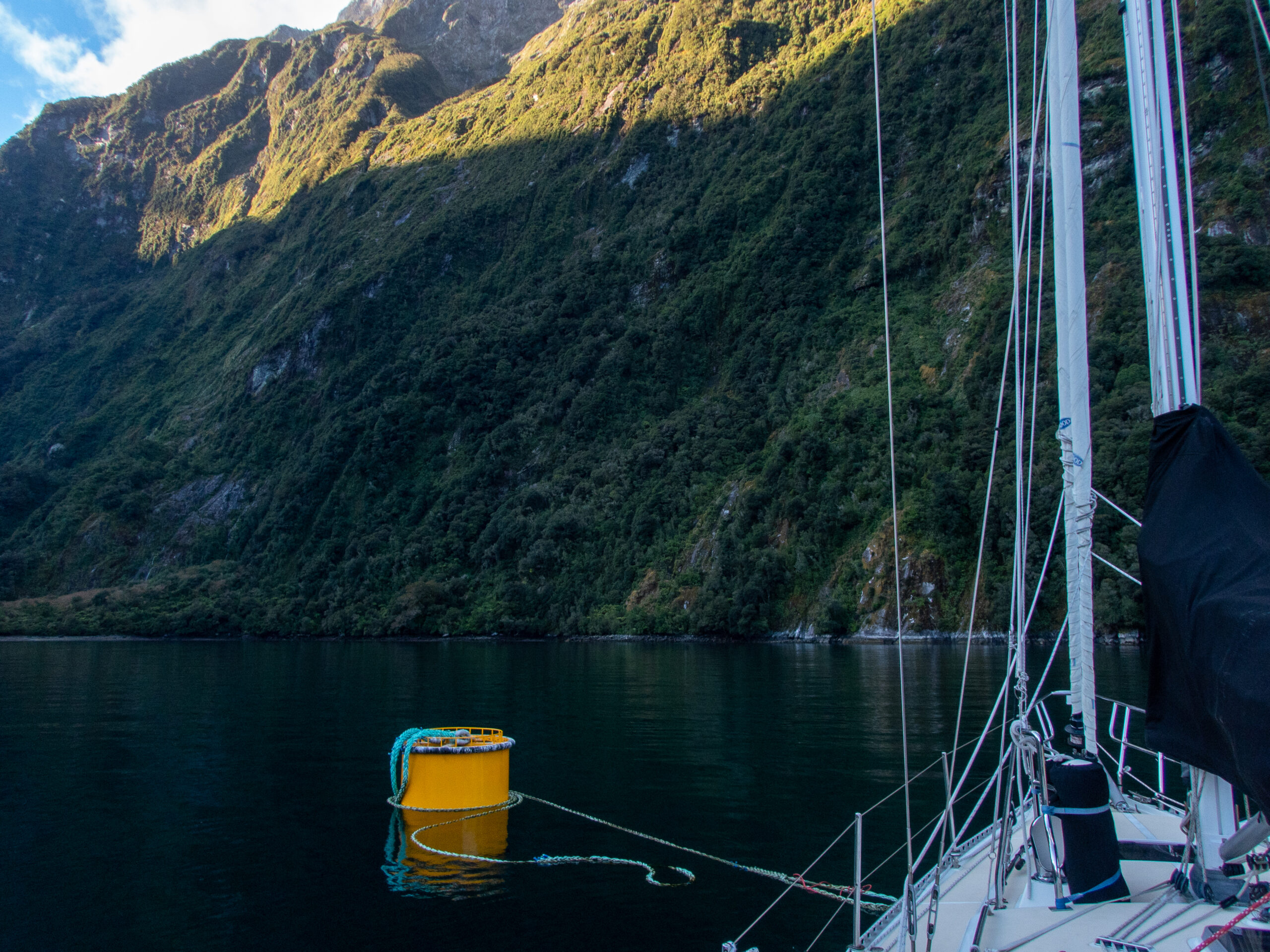
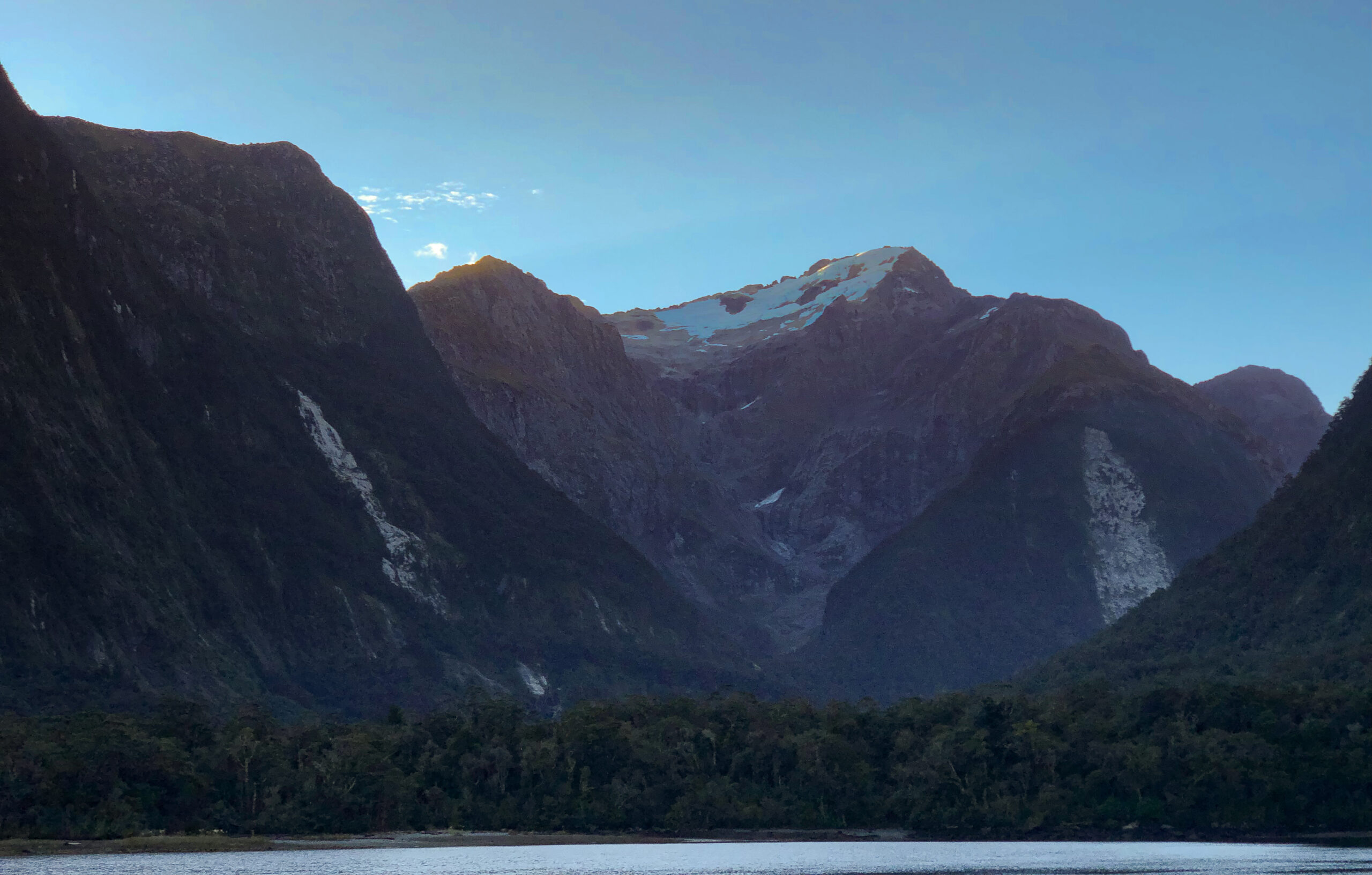


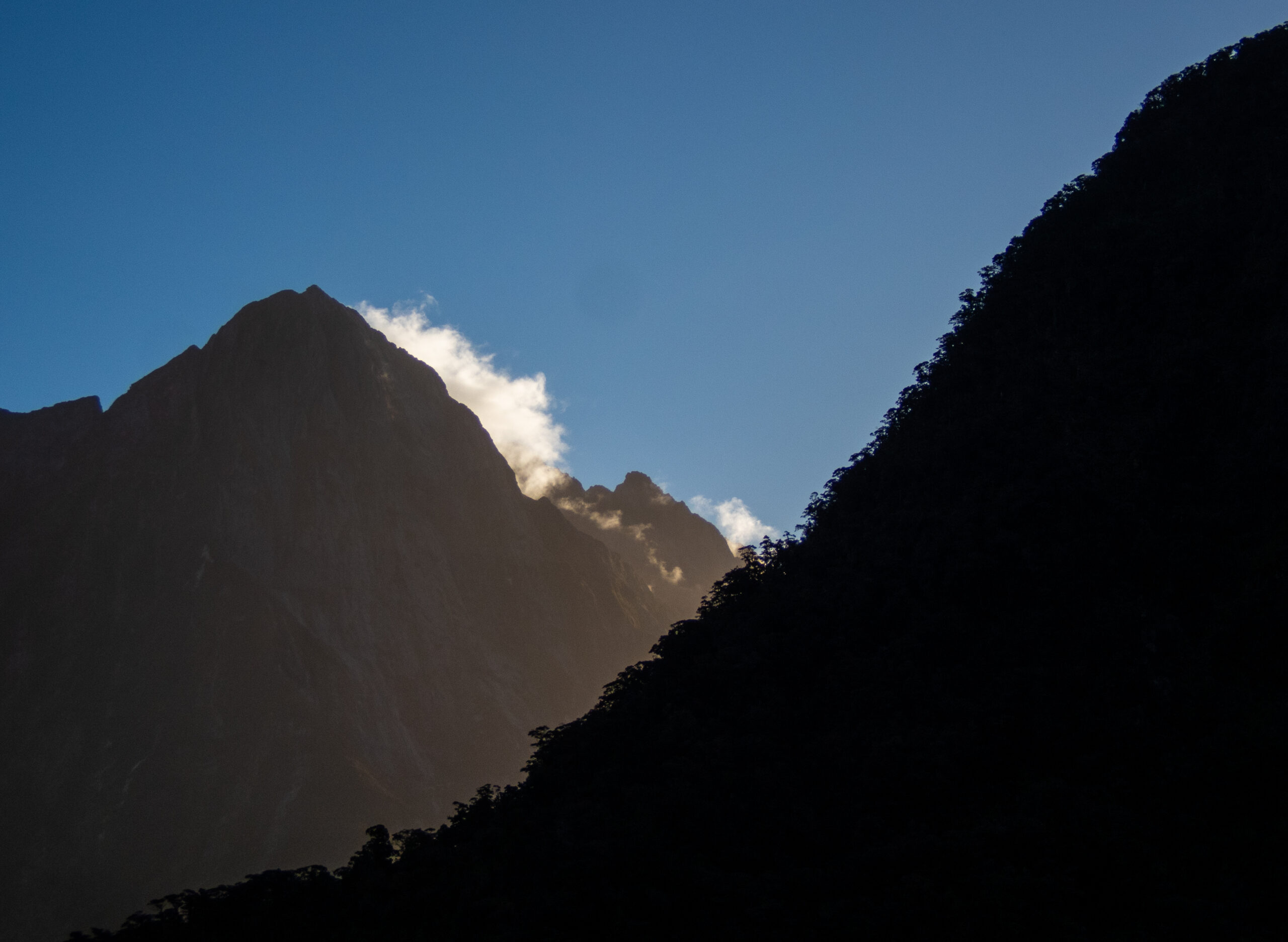
A quick blink in Bligh Sound/Hawea, – Fiordland

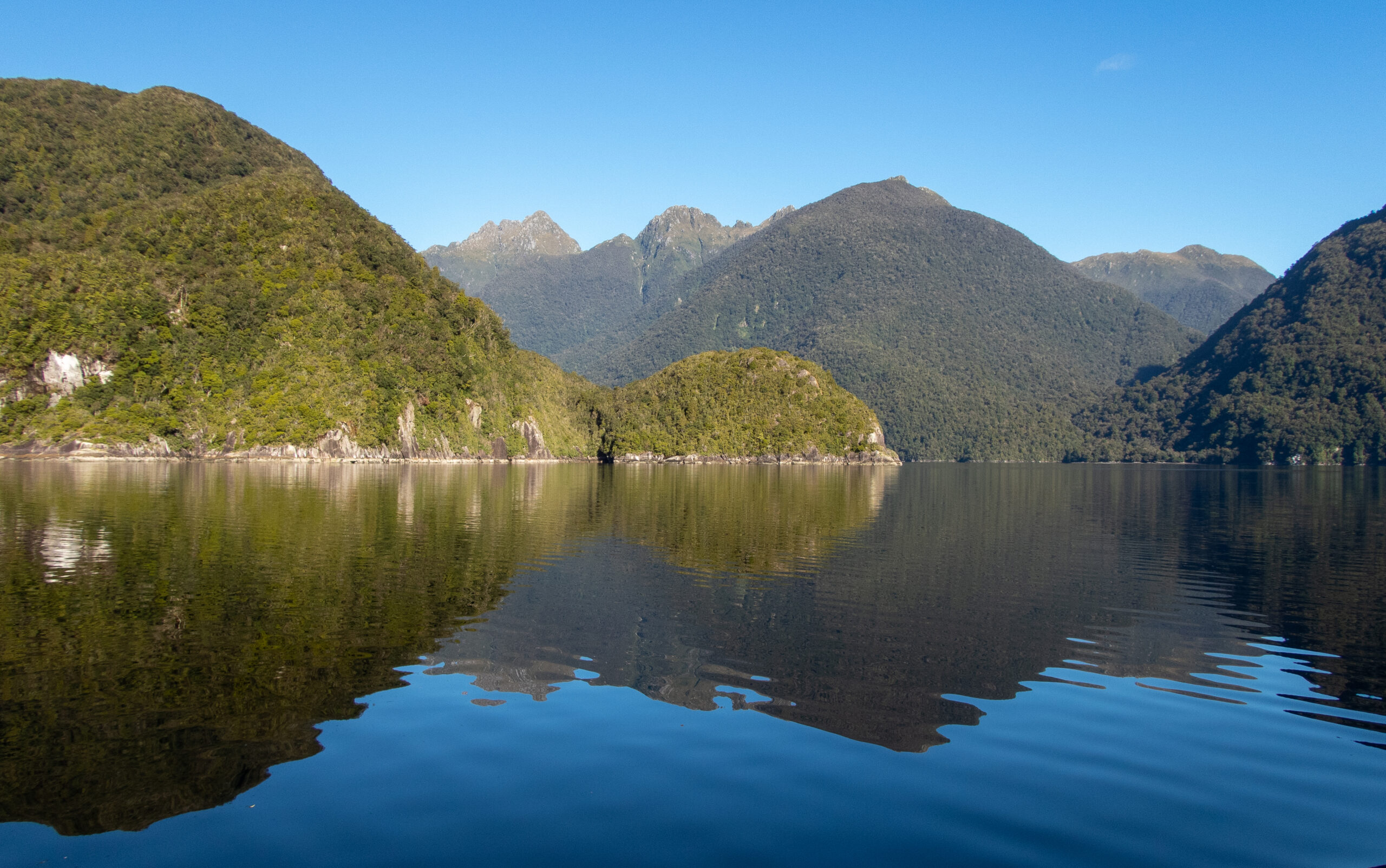
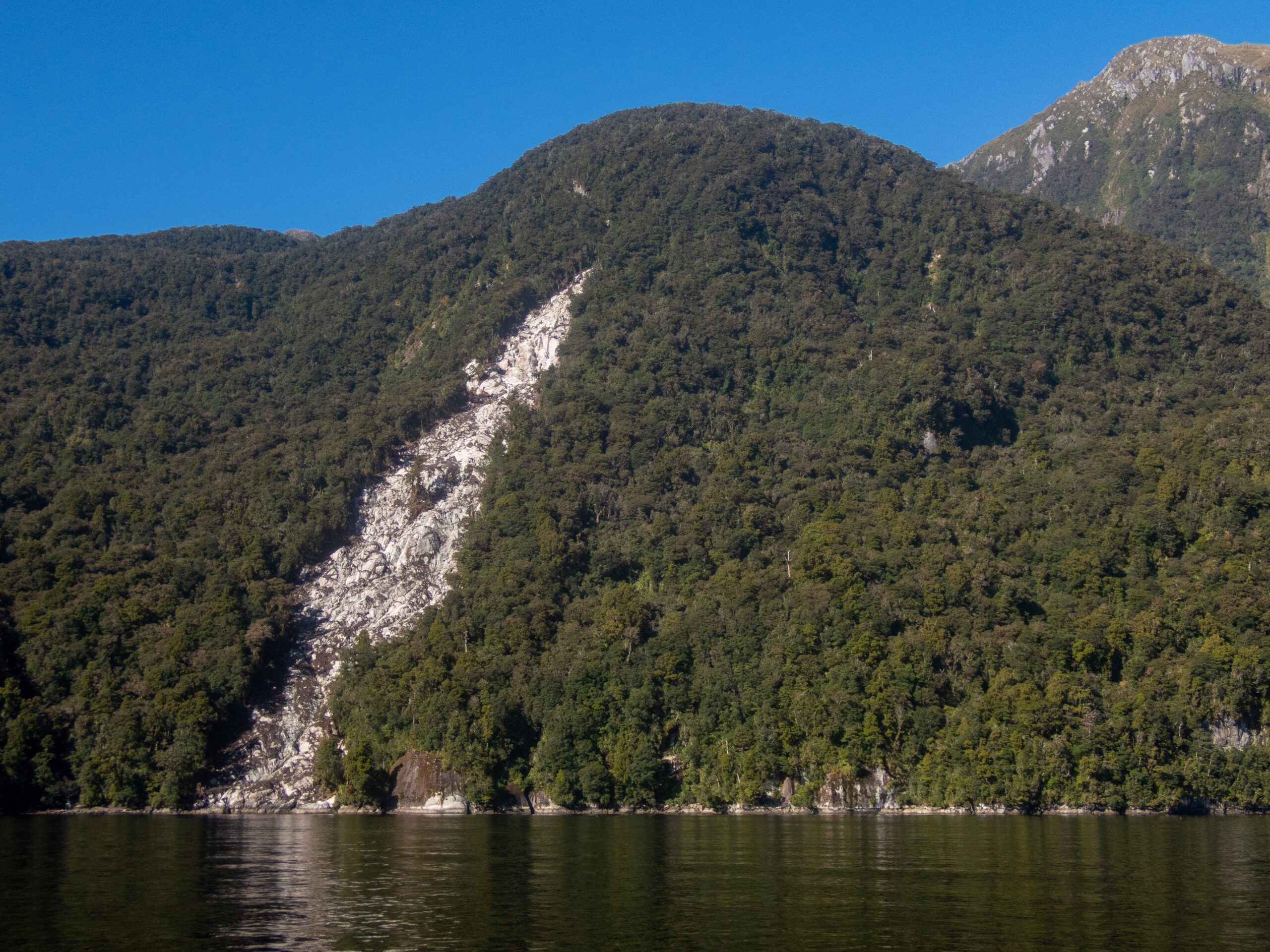

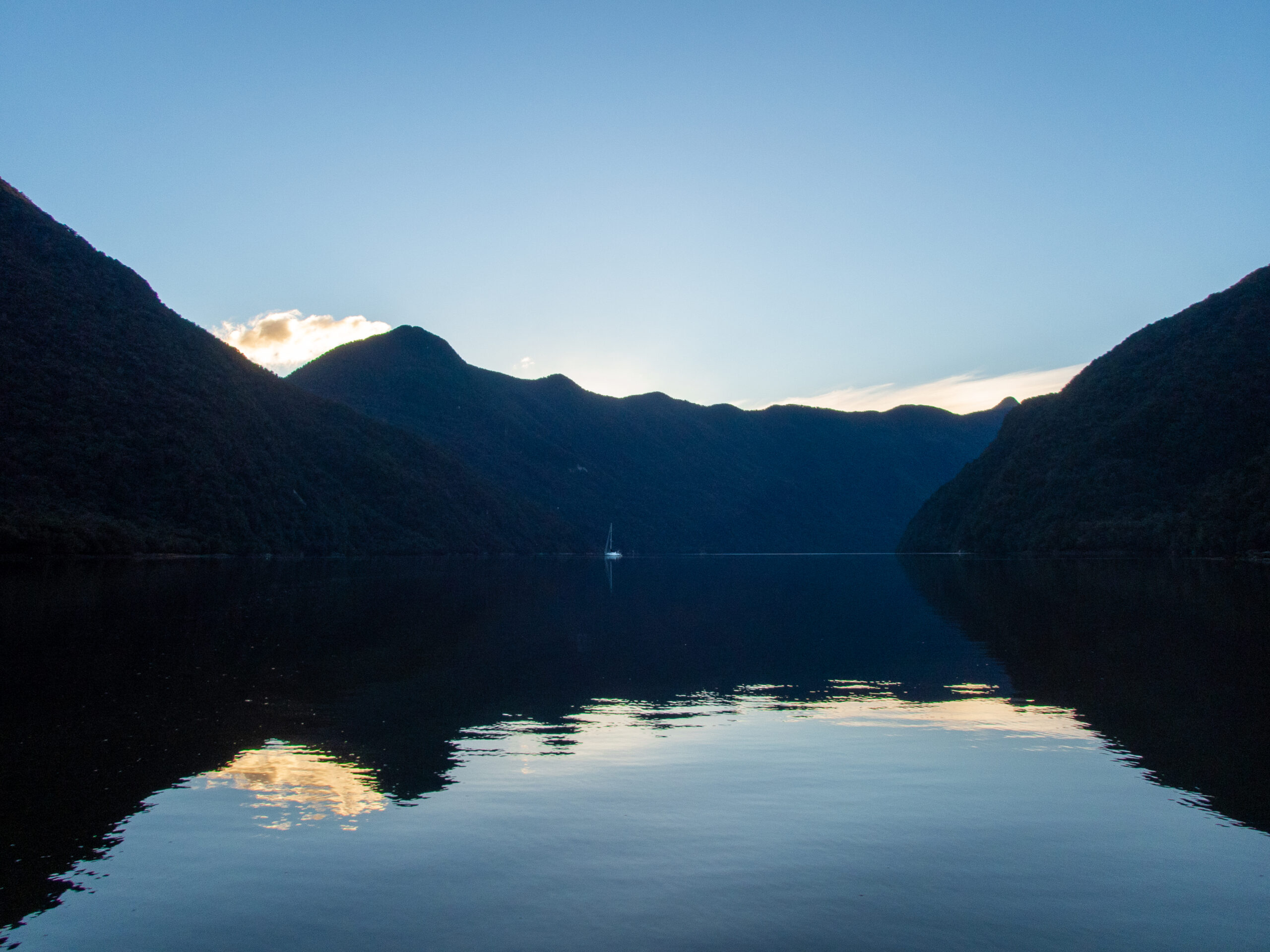
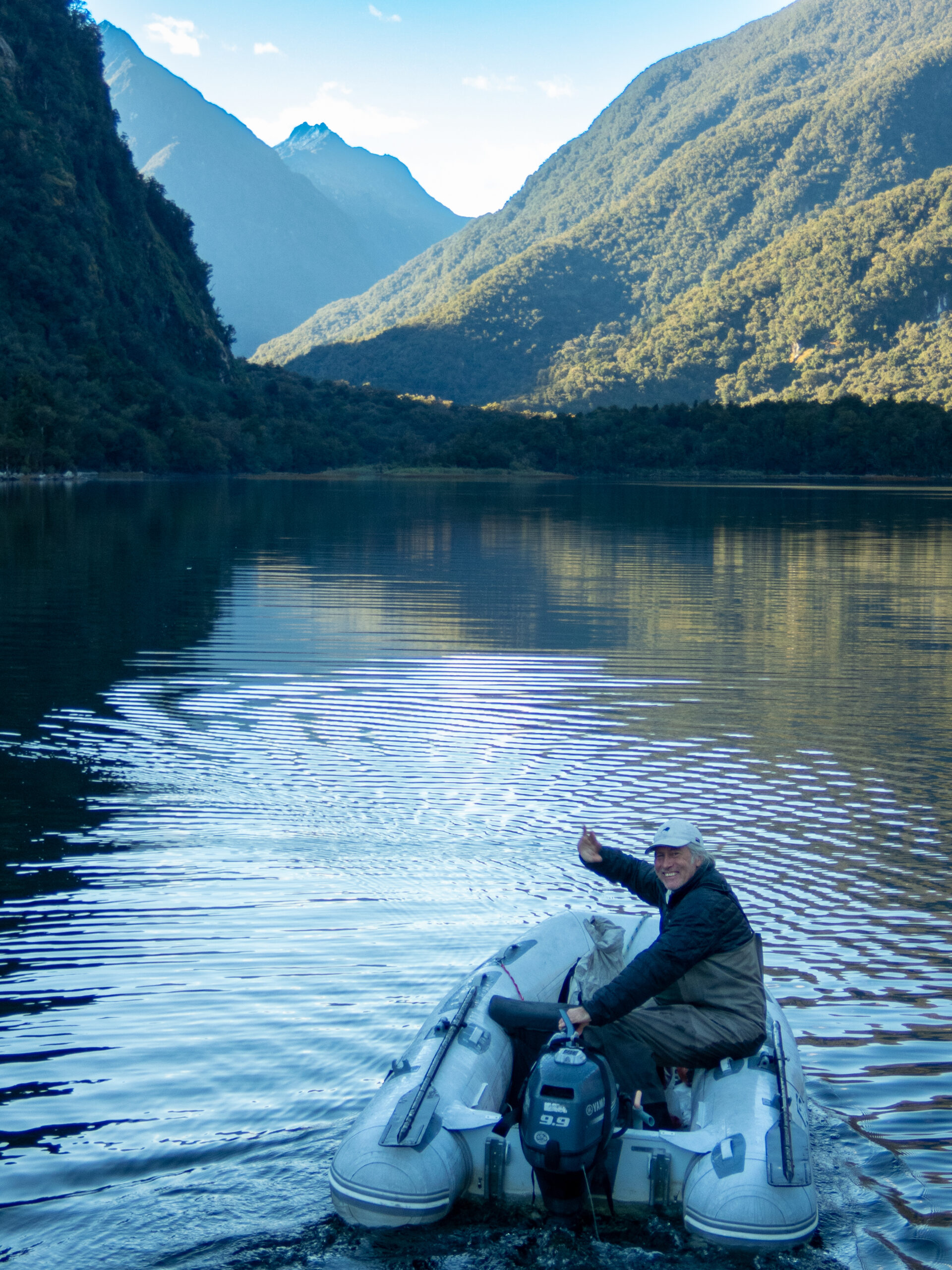
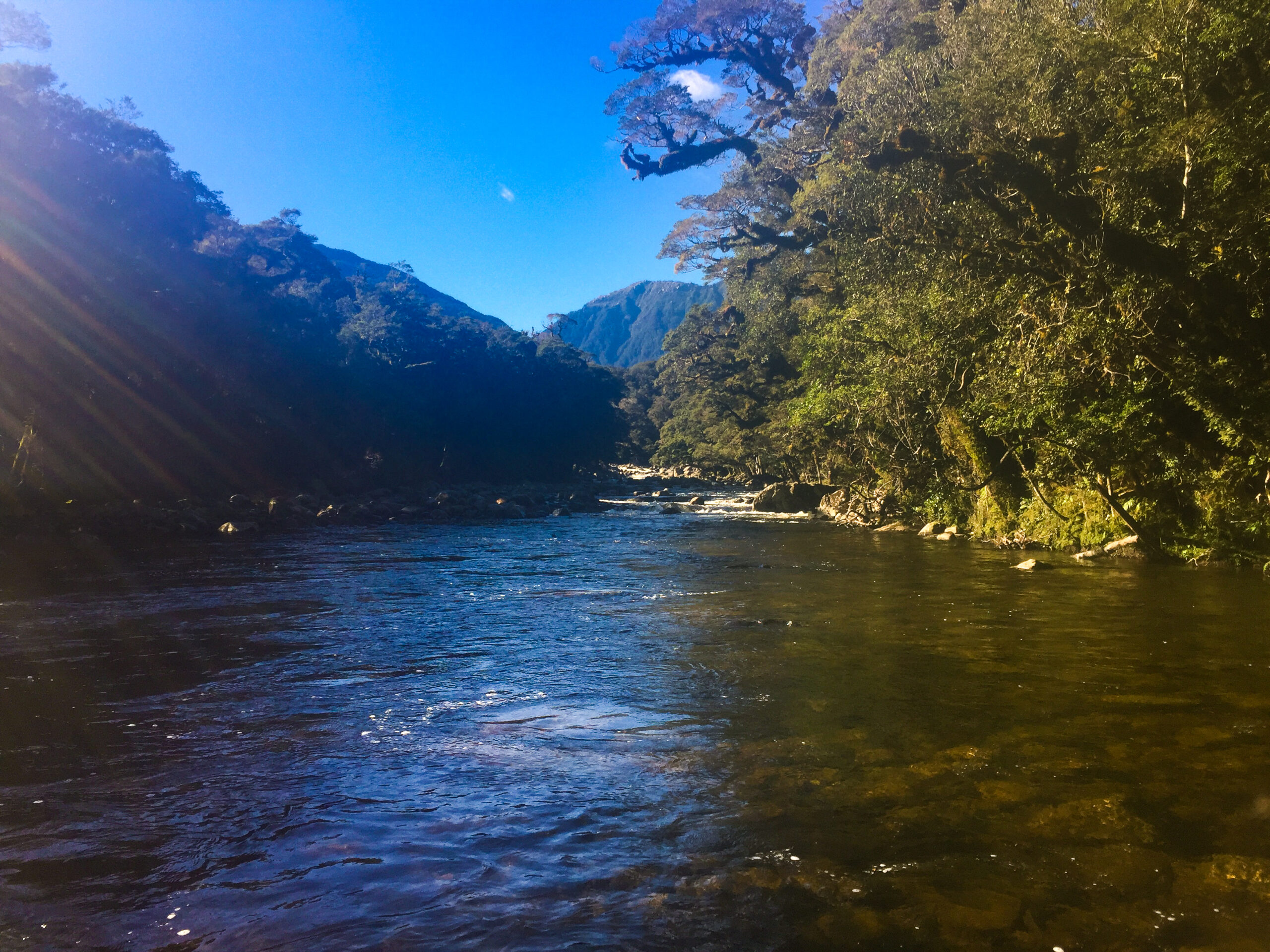
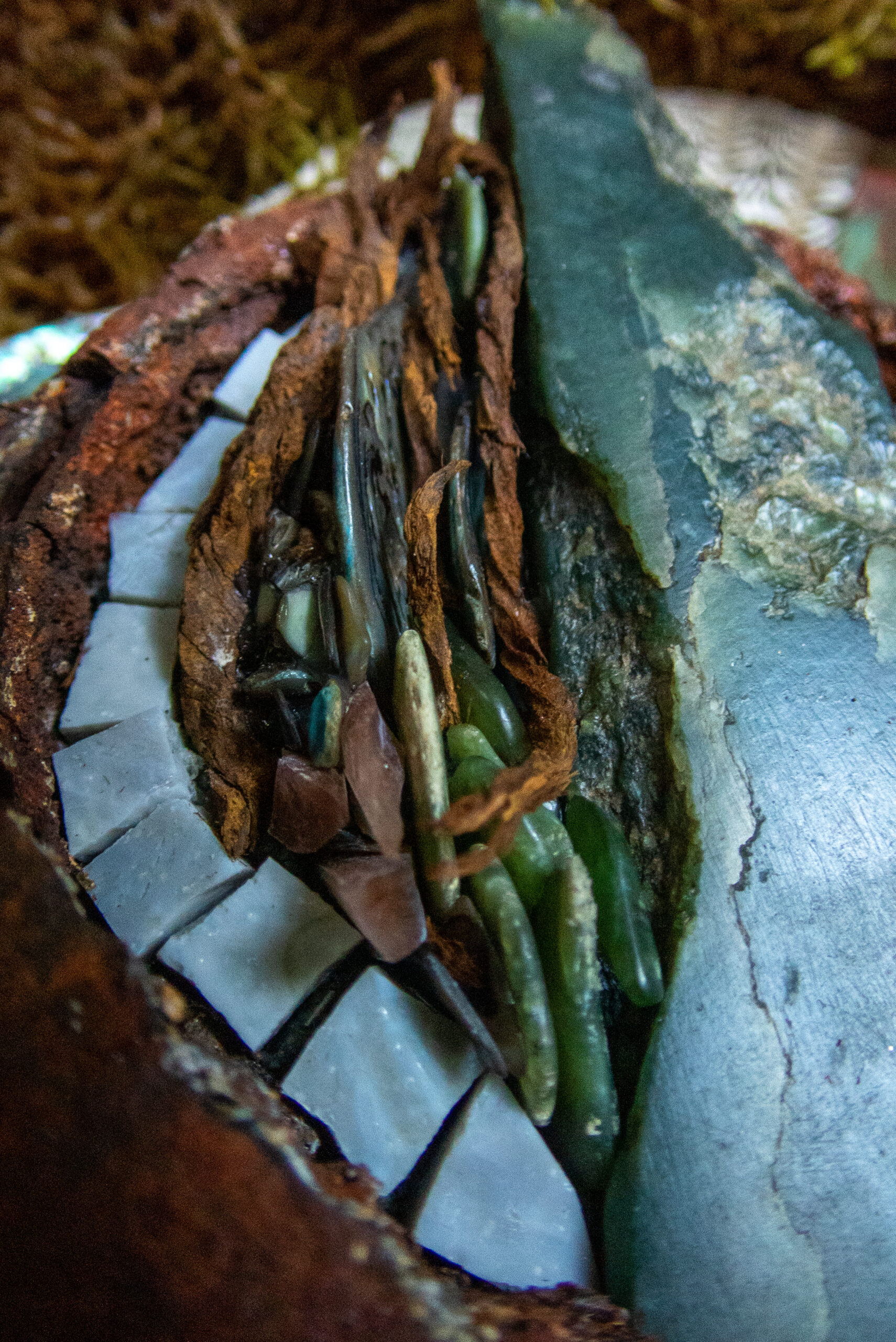

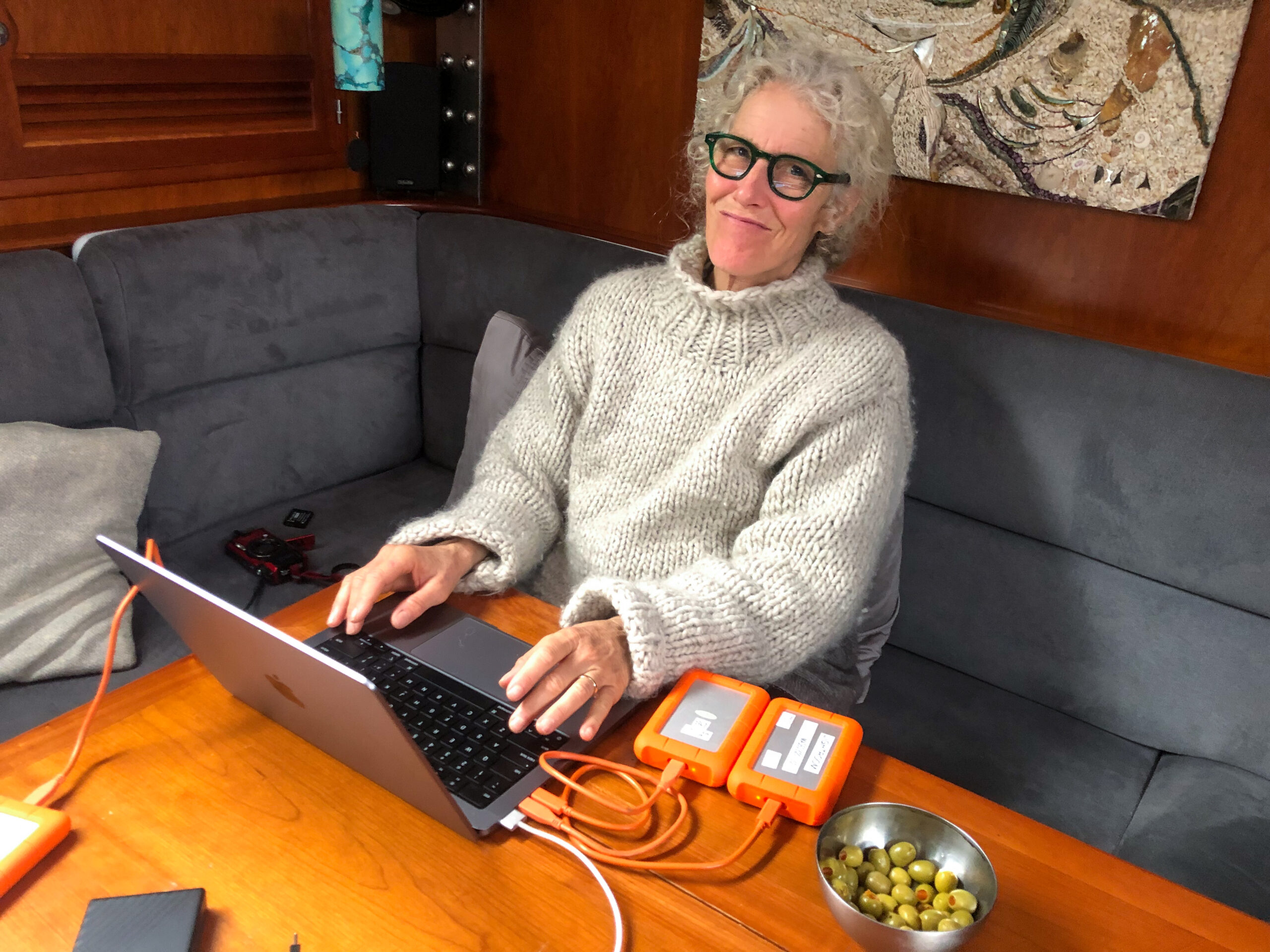


George Sound/Te Hou Hou, (‘Georgious!’) – Fiordland

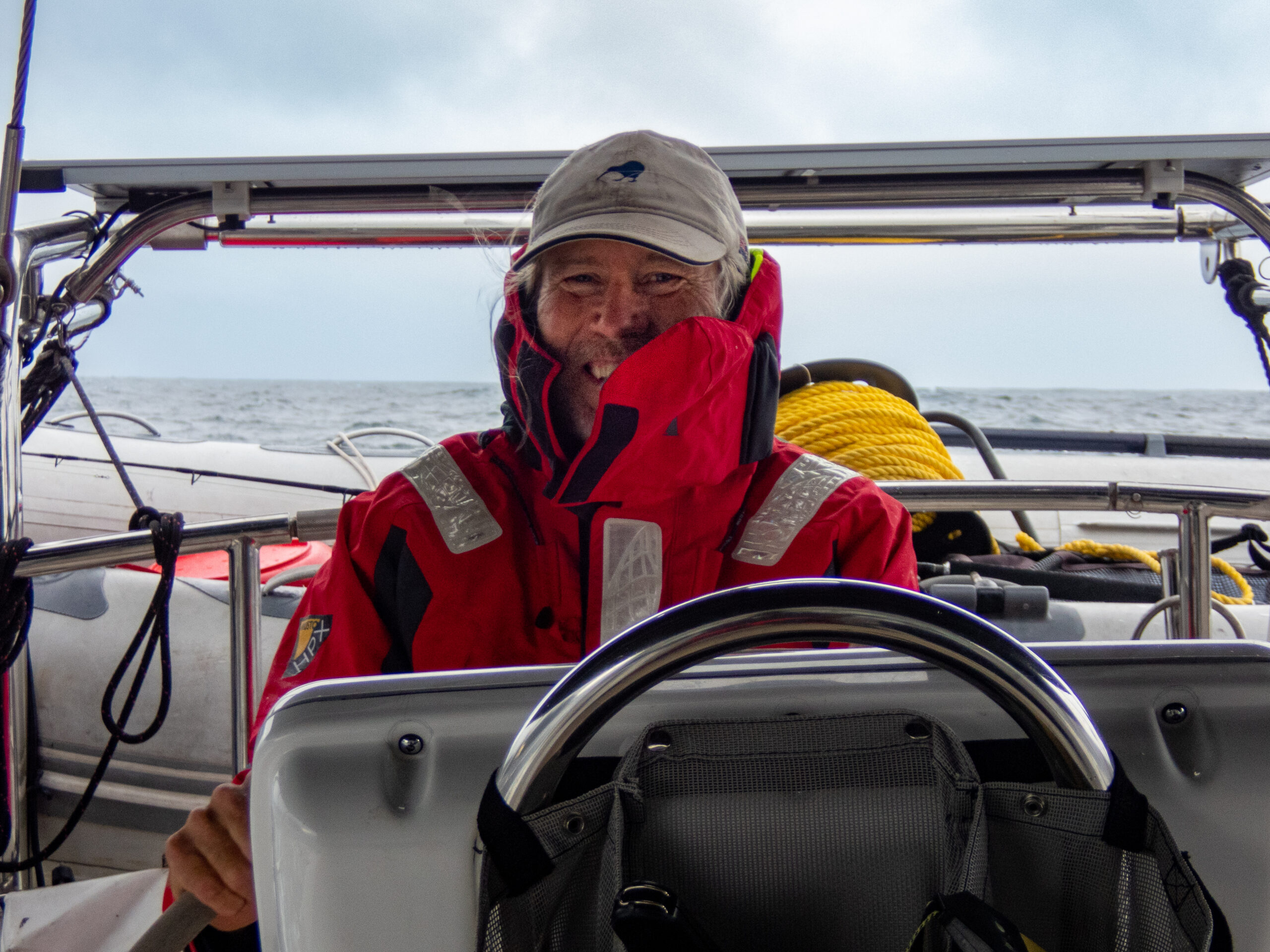
The run outside between Caswell and George Sounds is around 14 miles. We left early to try to beat some forecast rain and gusty NW winds, and almost made it. The rain started just as we made our turn in. Diana logged the max wind at 27.2 knots, then went down and crossed it out to a revised 29 knots. By the time the wind had blasted us another two miles down the sound, Diana had crossed that out to record 42 knots. Looking on the chart with the wind howling behind us, we were concerned if Anchorage Cove would be able to offer any shelter from this angle of wind, even though it’s listed as an ‘all-weather anchorage.’ We worried it might be too gusty to safely negotiate the narrow spot between the river bar and small rocky island. We decided to poke in and check it out if we could. Right away the wind dropped into the low twenties then the teens, which still felt like a lot to try getting into the tight spot where fishermen had set up a line we could theoretically side tie to. The rain hammered down as Diana watched from the bow for shallow rocks off the island and I maneuvered Allora in, ready to back out if we needed. Despite whitecaps just outside, the winds this close to the little island dropped to near zero and Allora was able to hover effortlessly while Diana (in the kayak) quickly tied lines on the bow and stern, getting absolutely soaked in the process. It was a kind of a crazy feeling, the sudden stillness and security of that spot with gusts in the forties not half a mile away. We wouldn’t have guessed even from a couple hundred yards out that it was worth chancing. ~MS


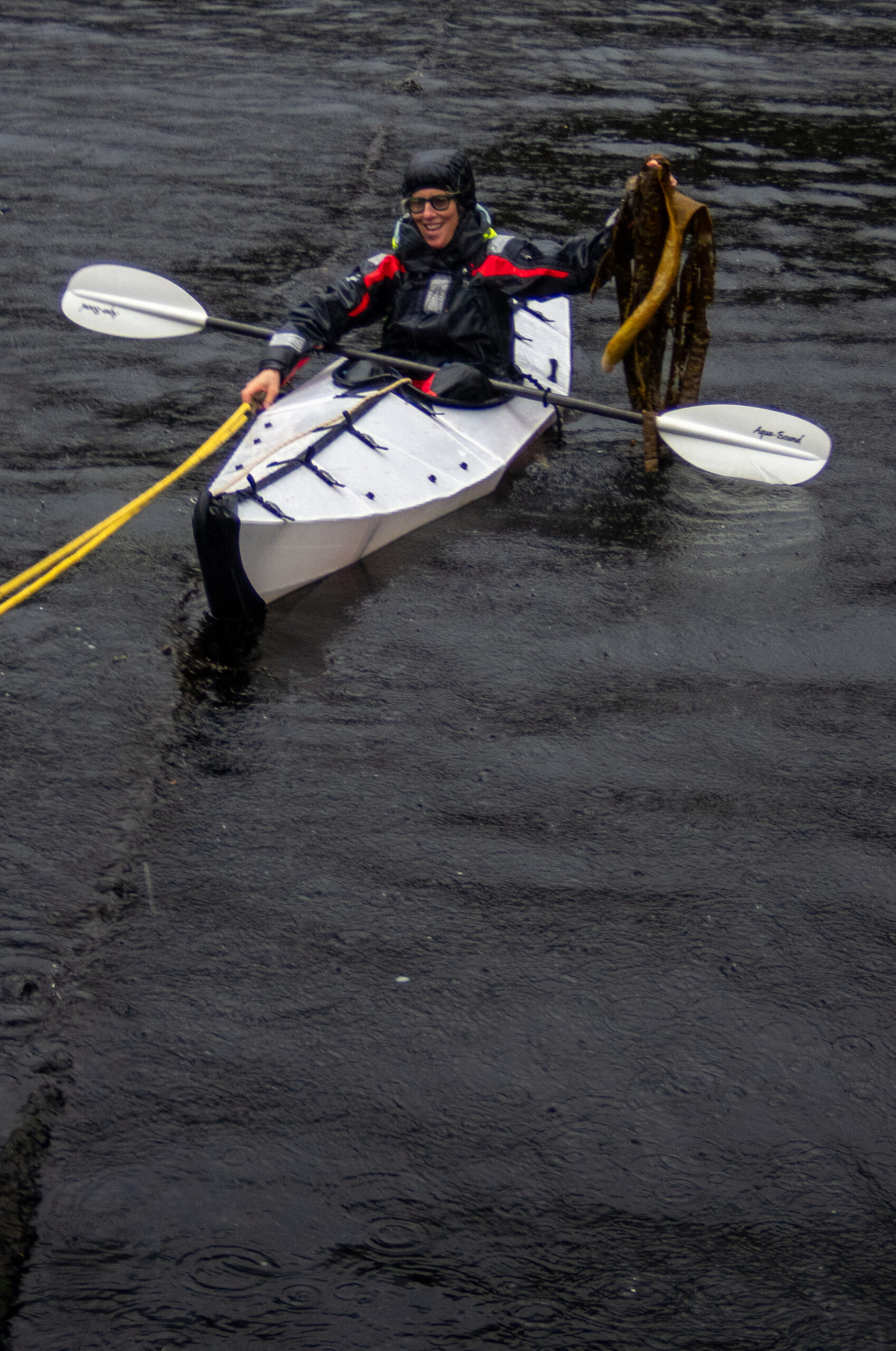

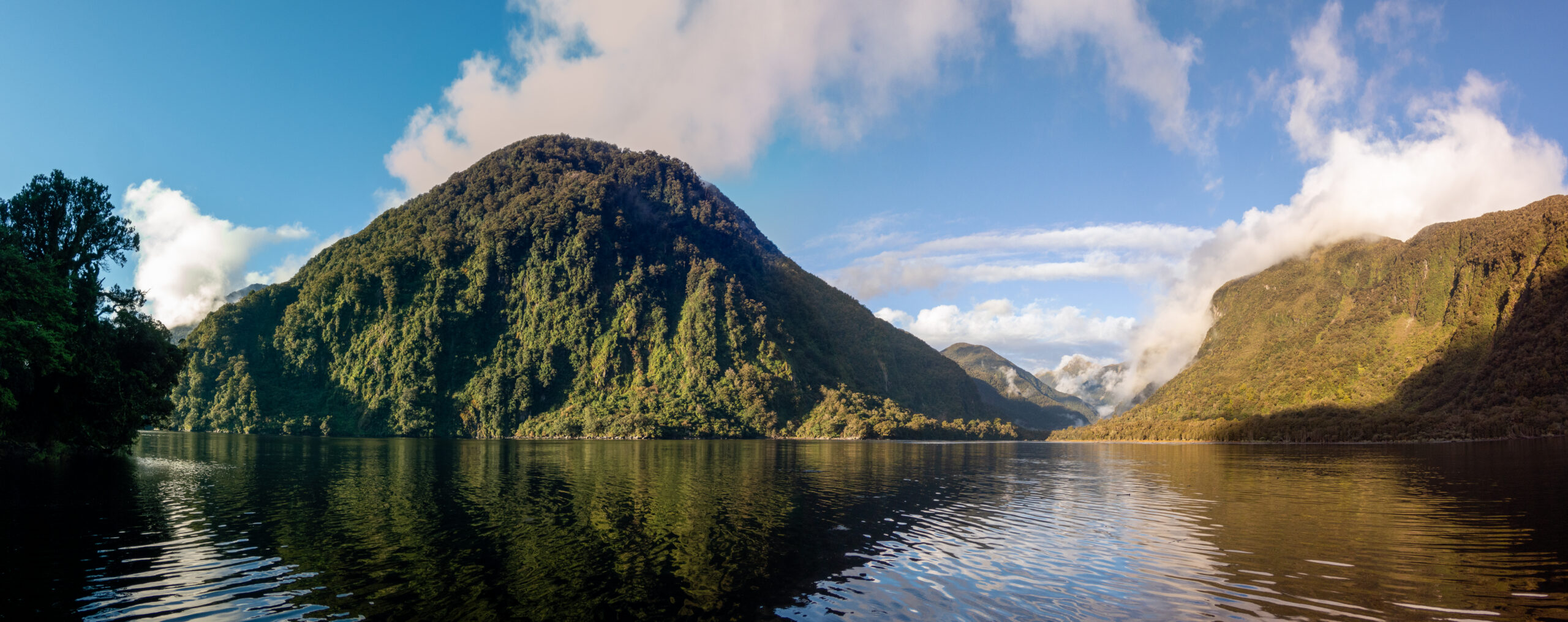
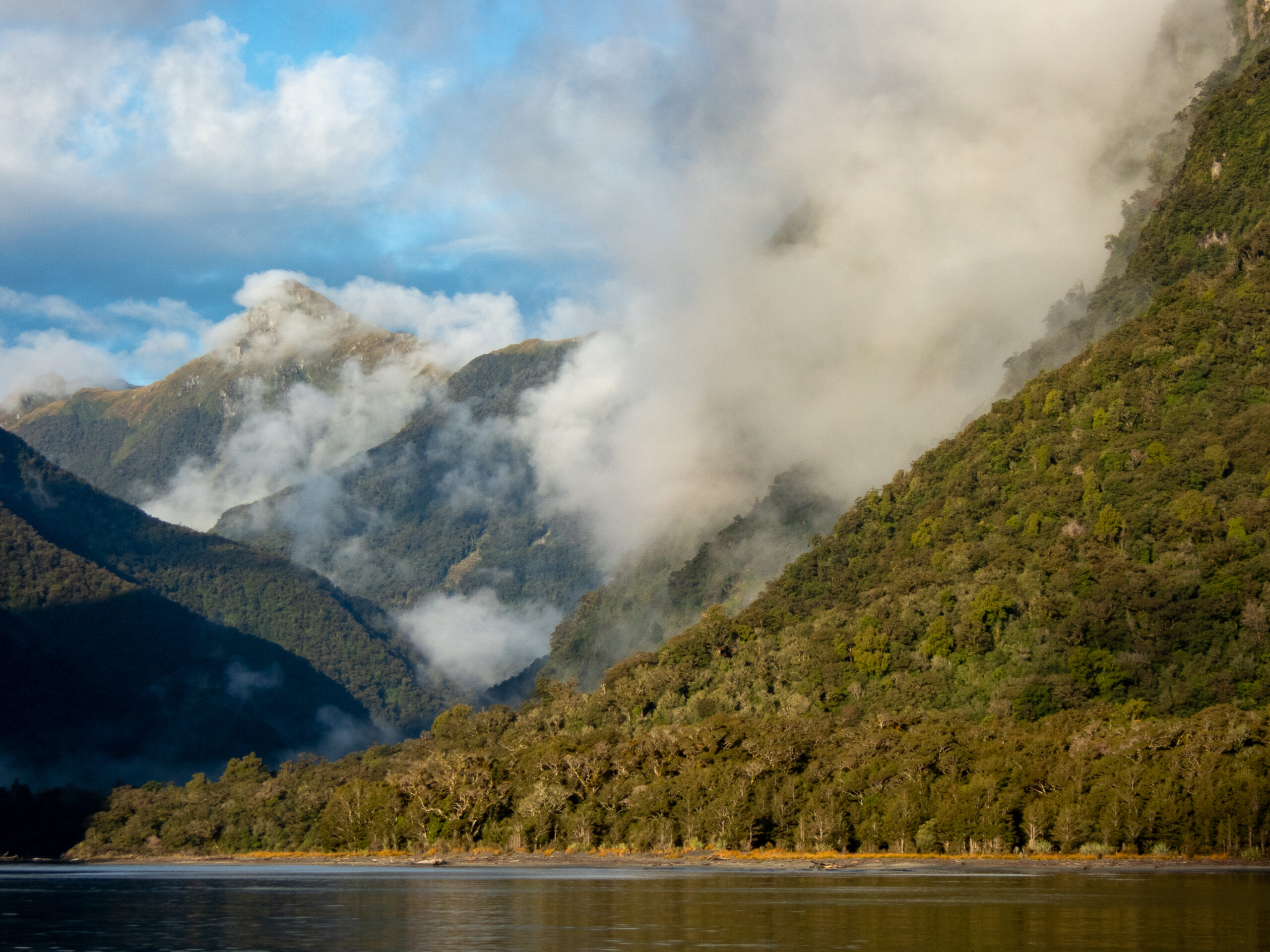
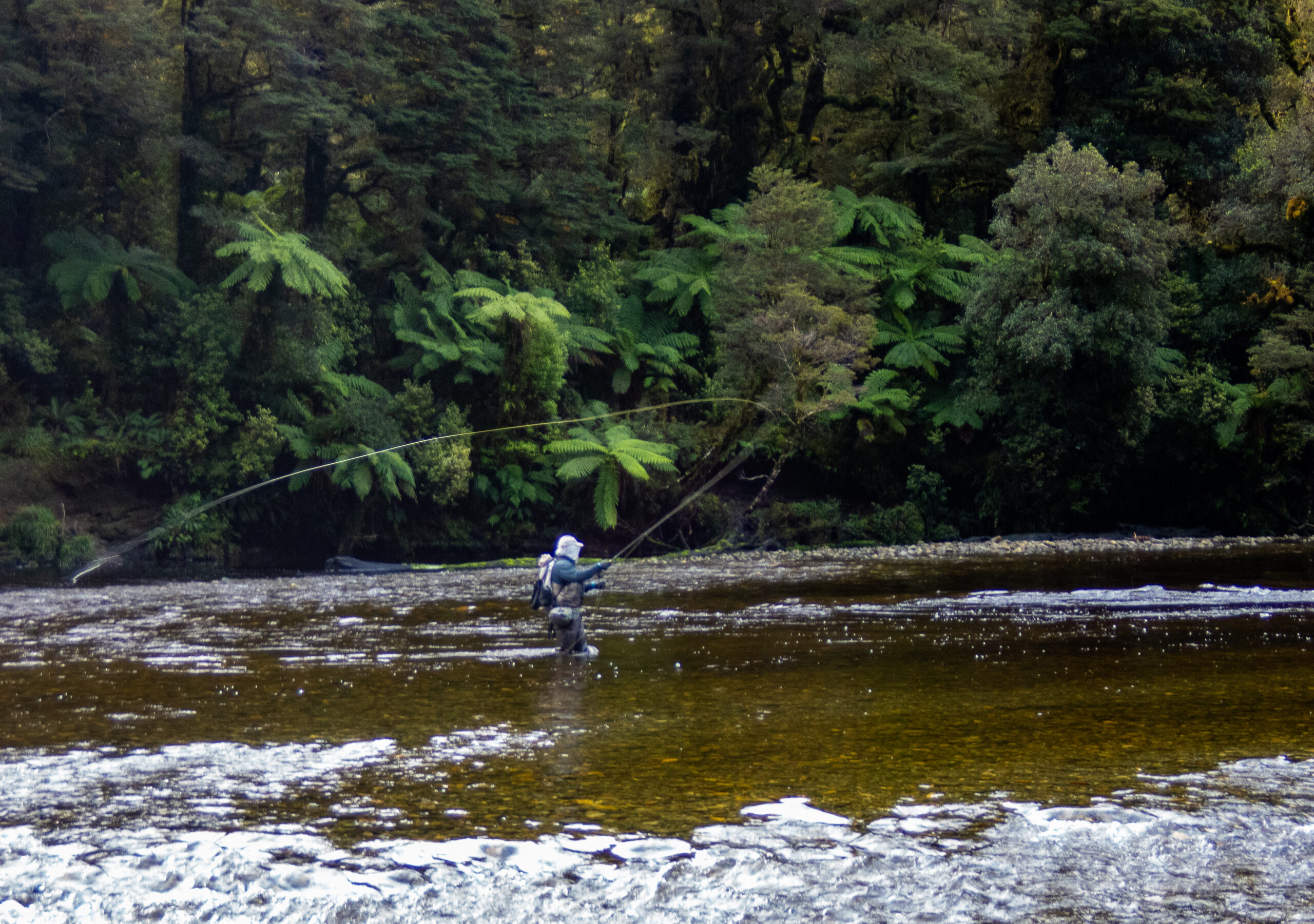
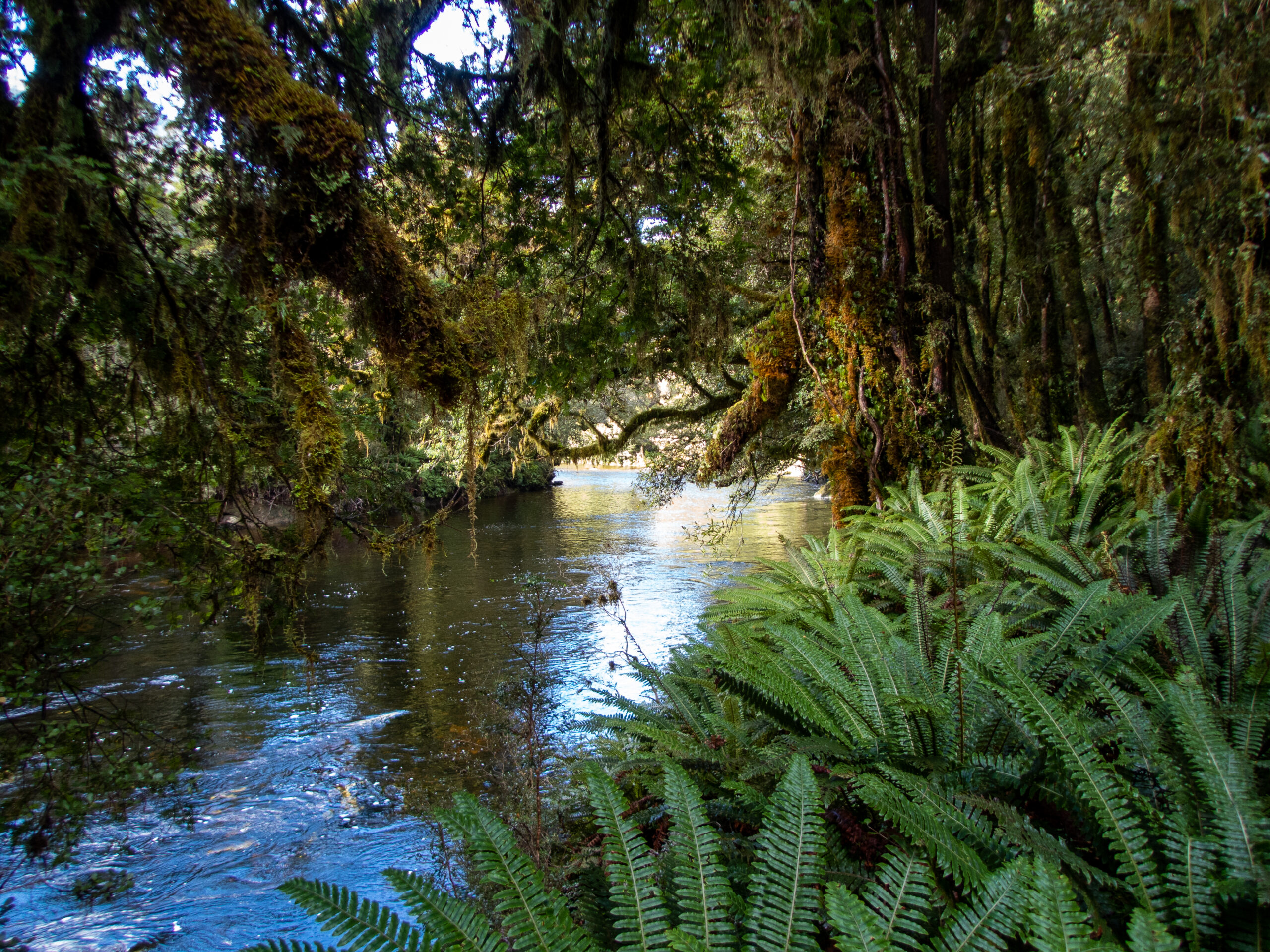
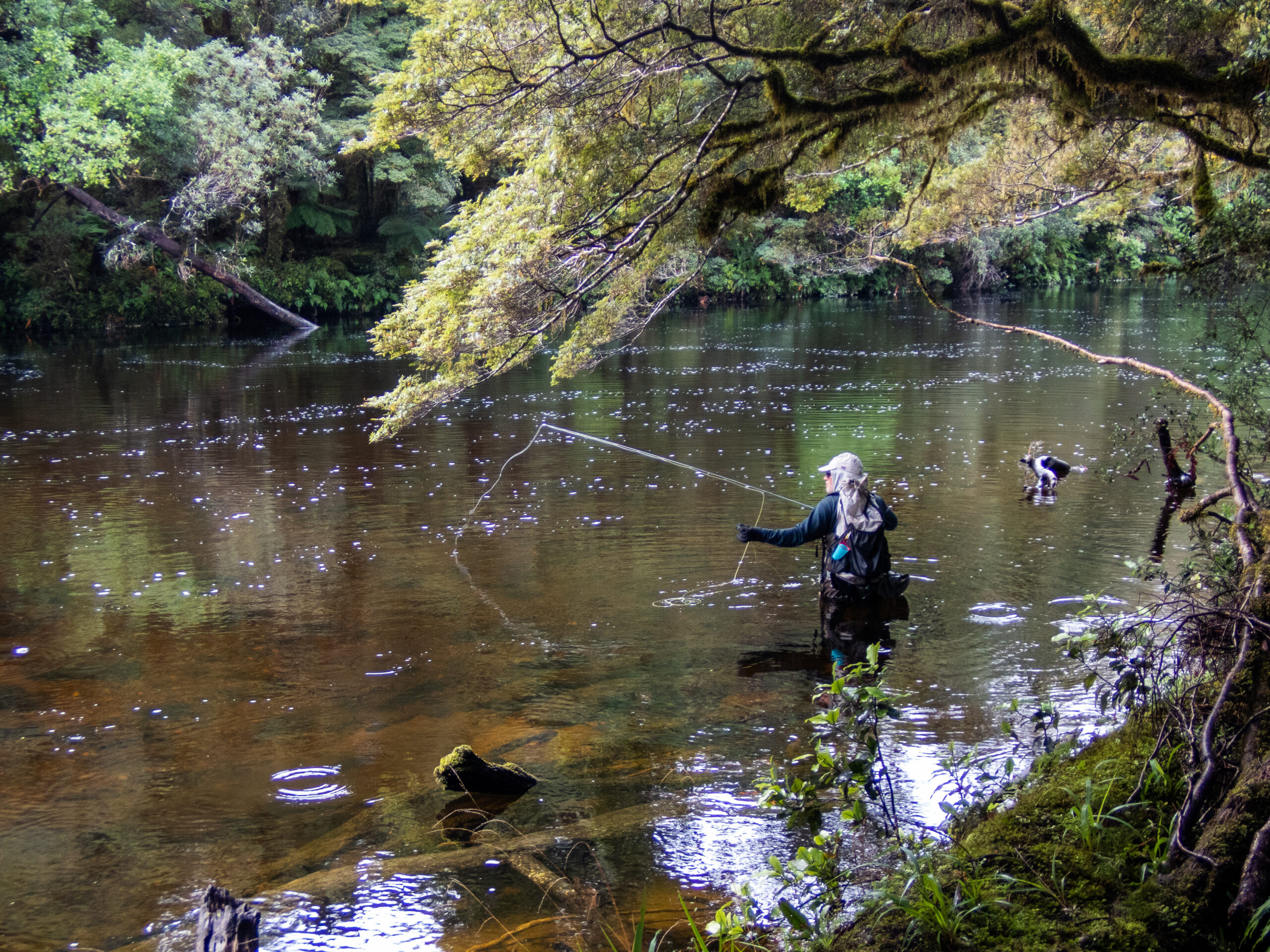
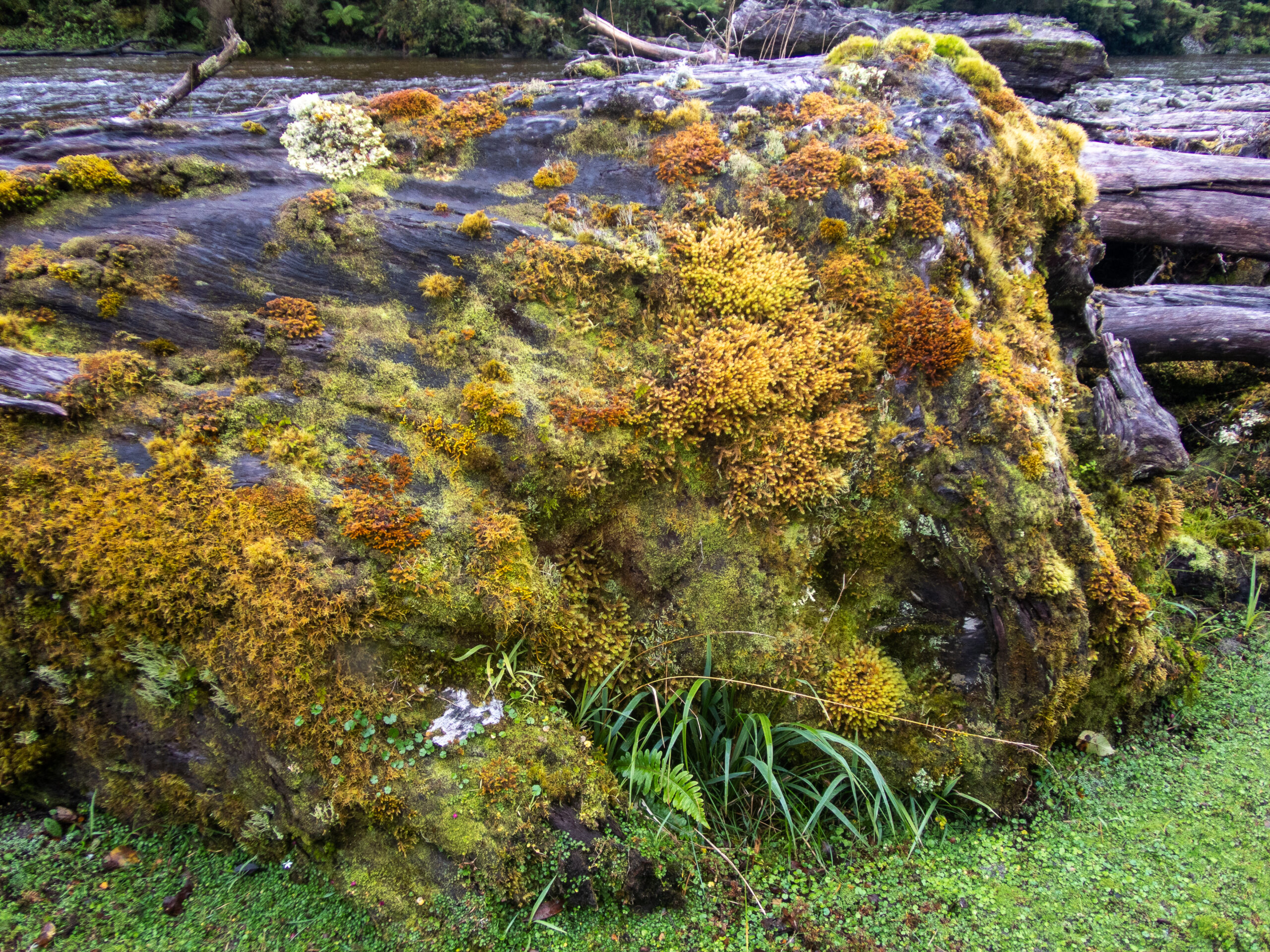

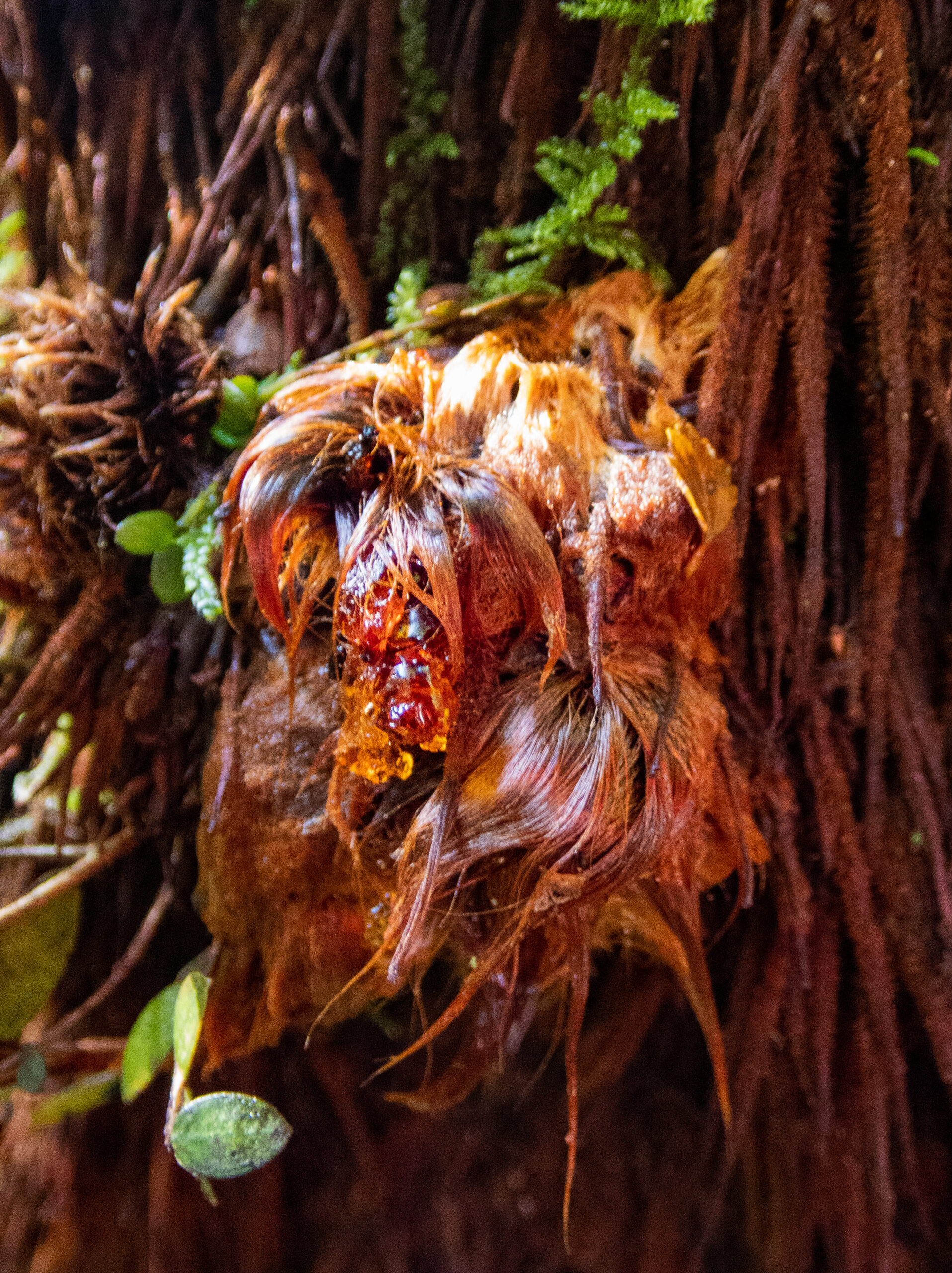
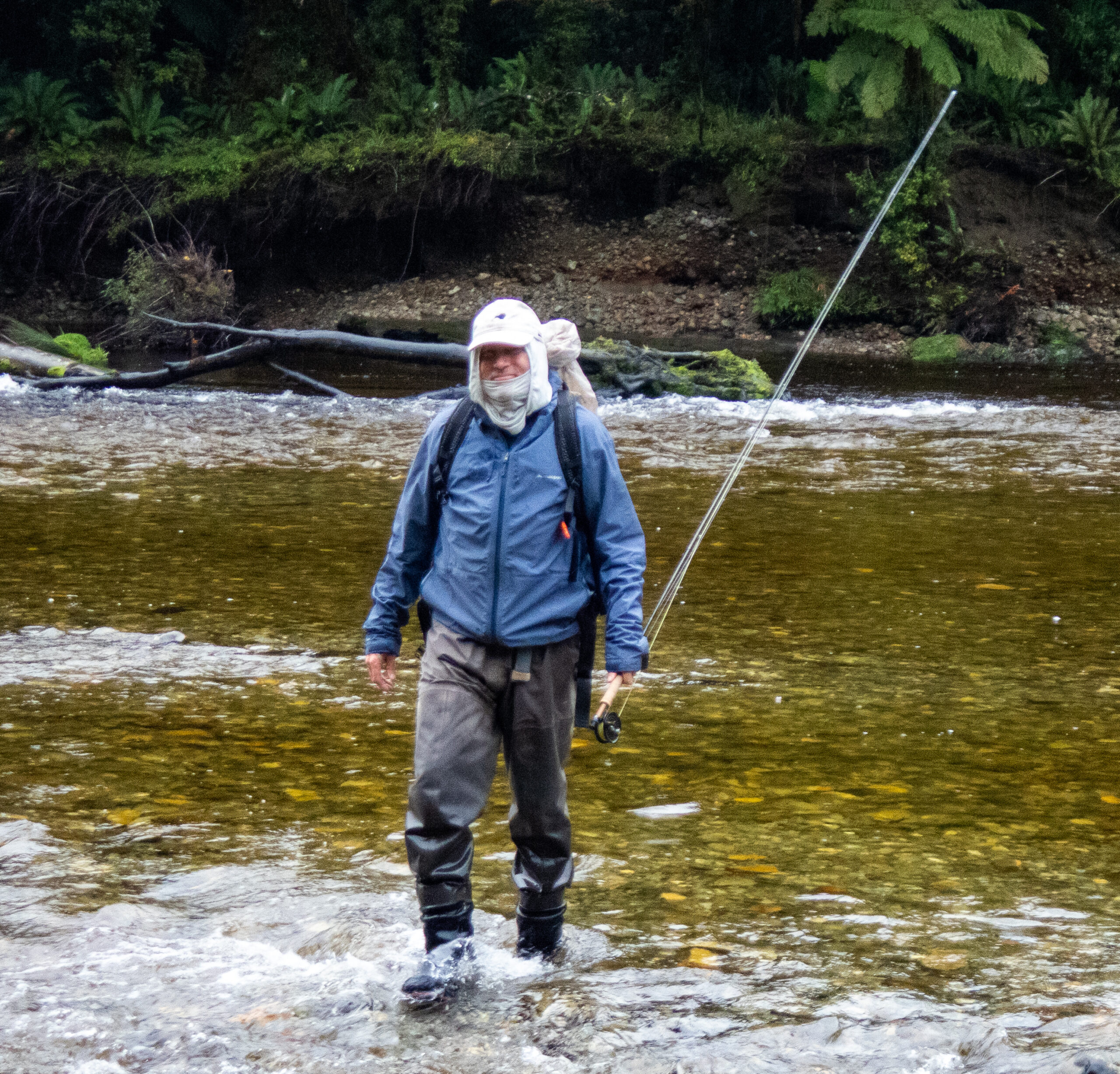
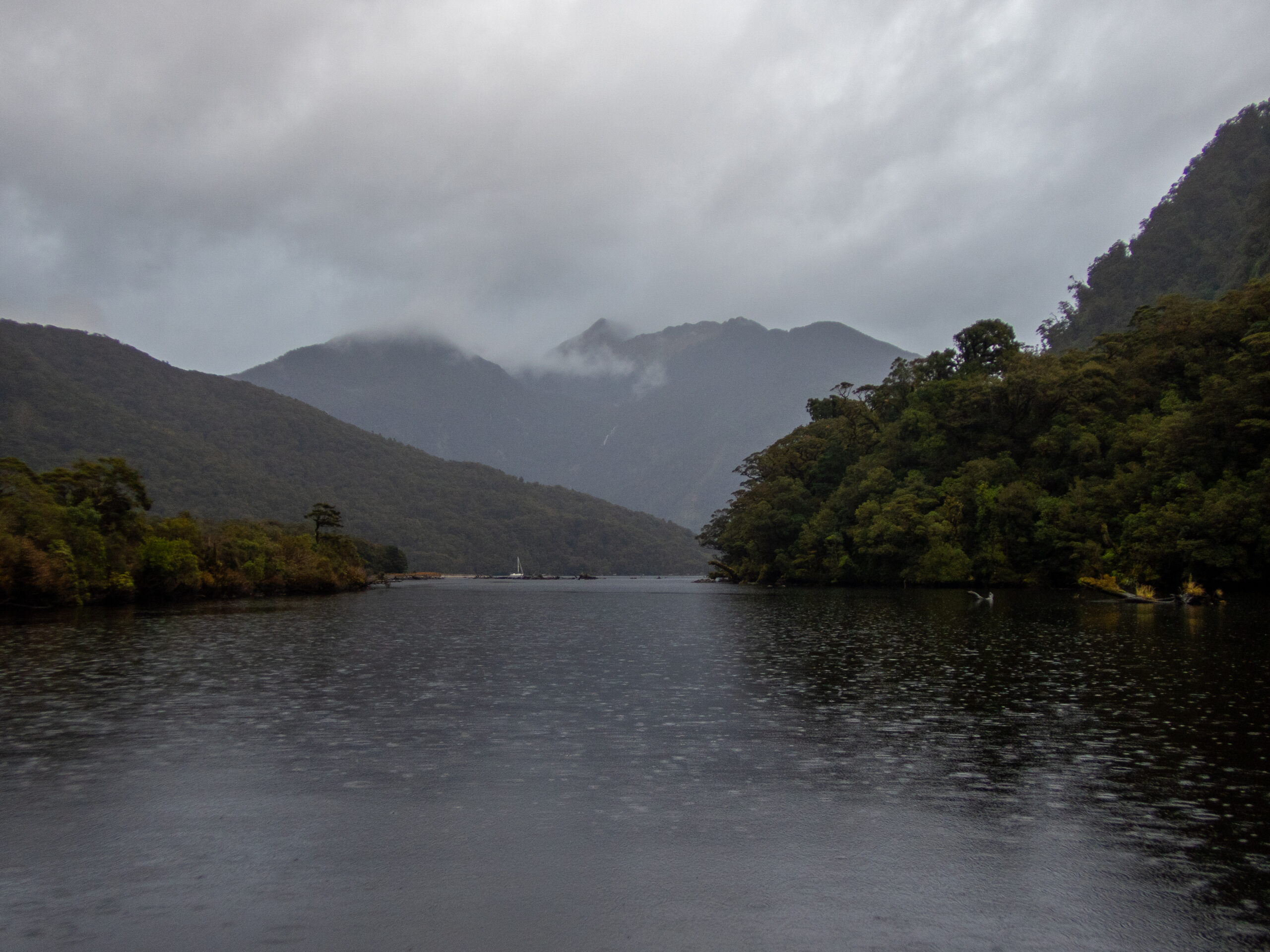

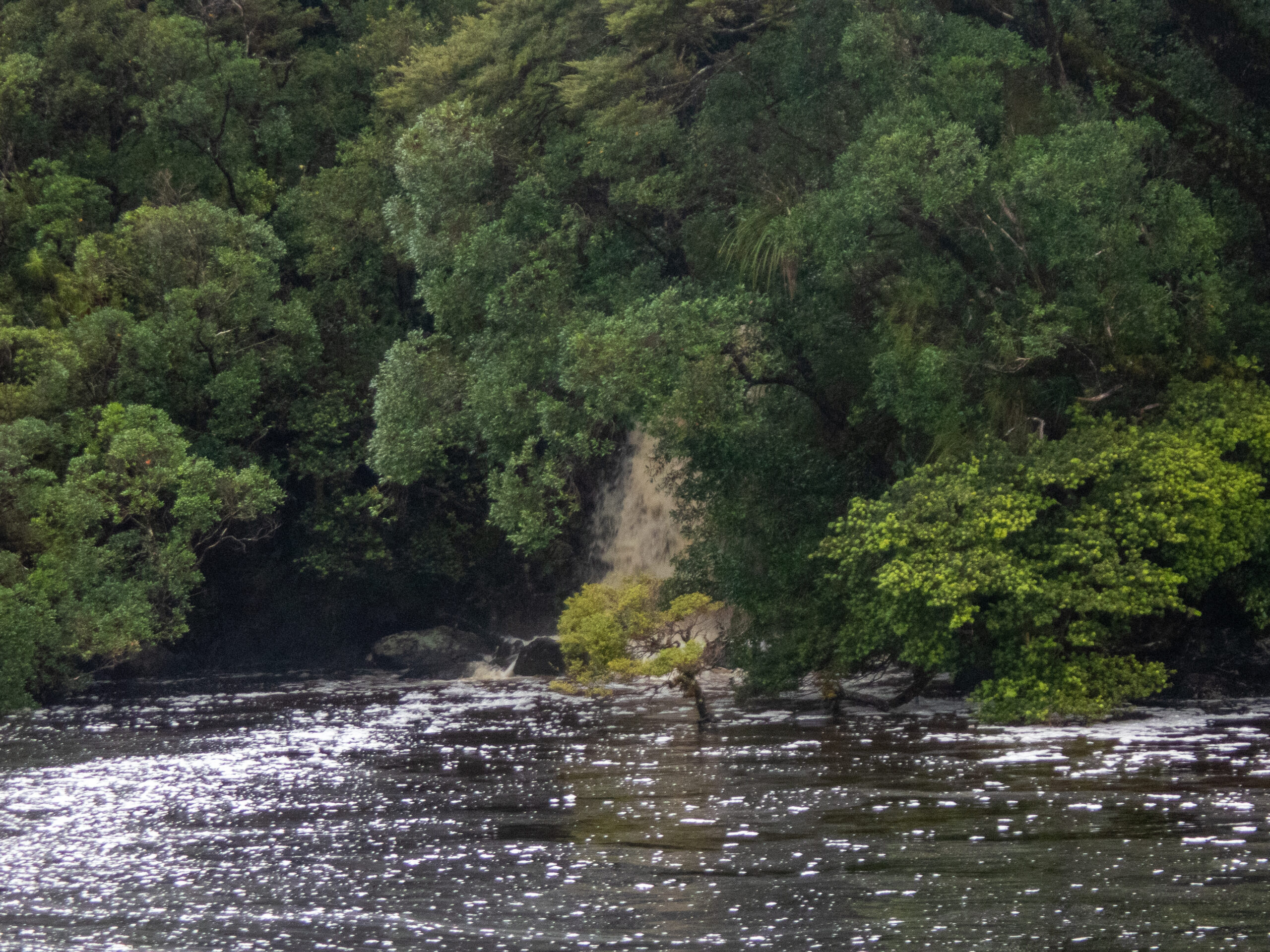
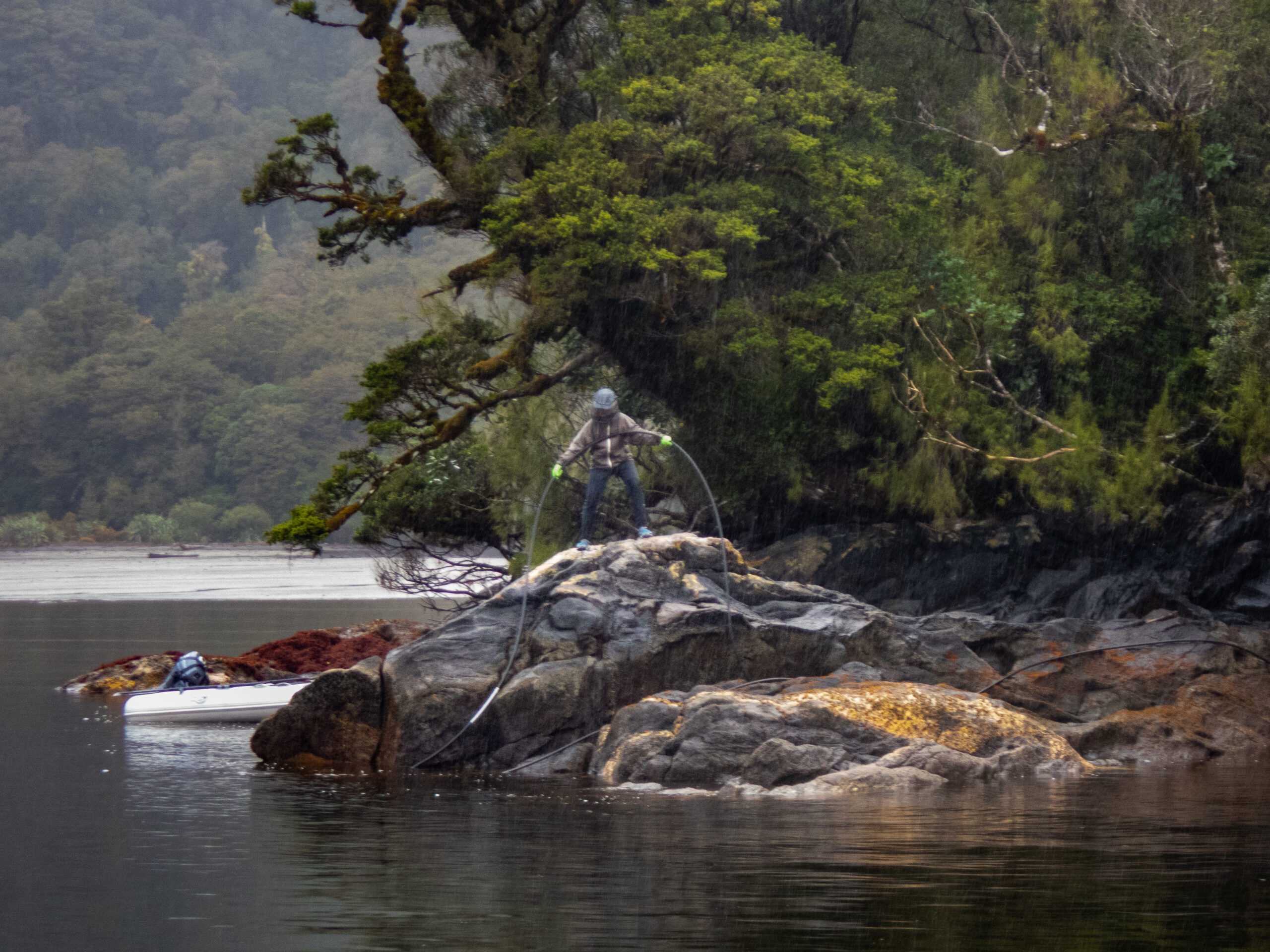
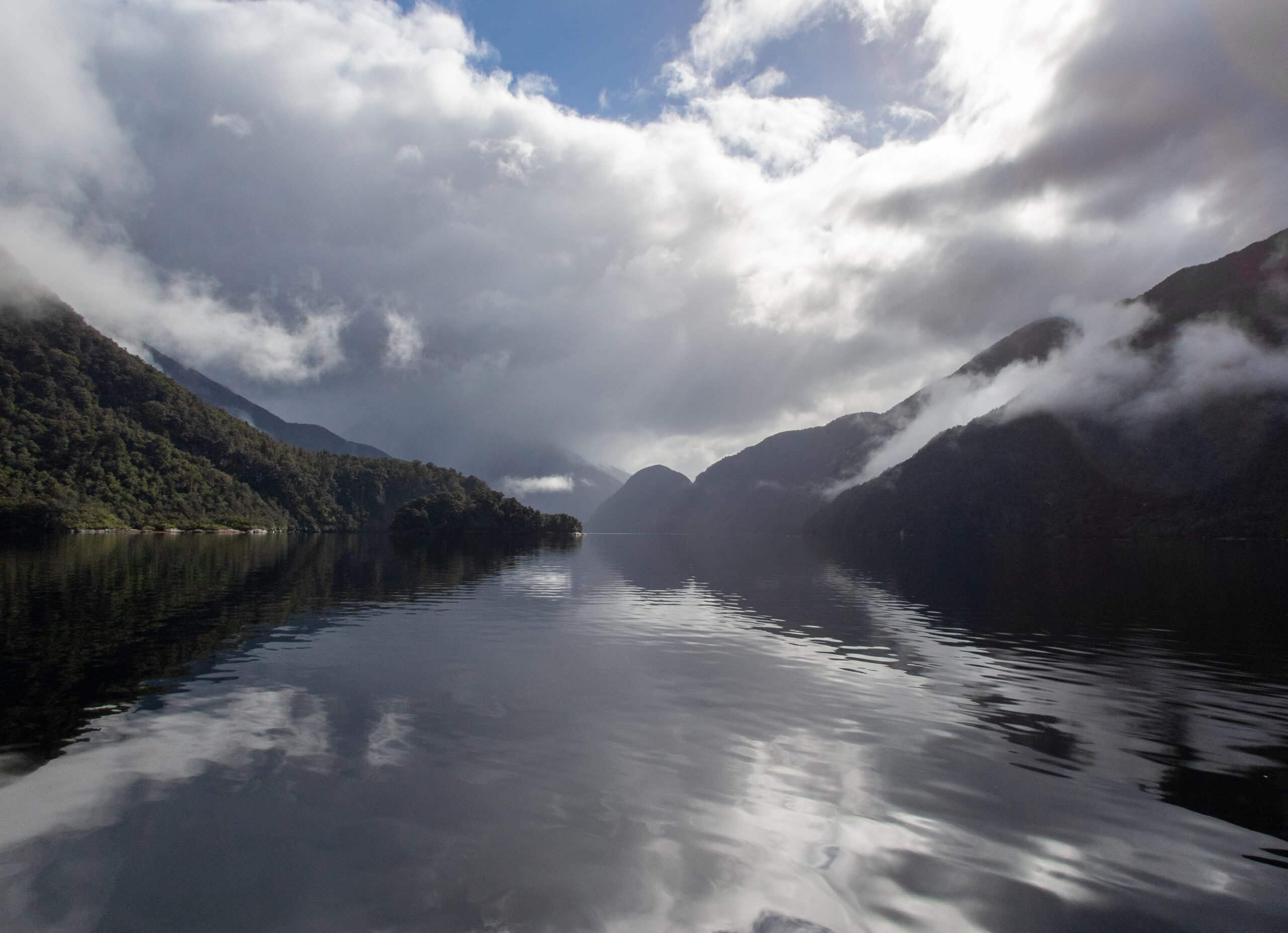
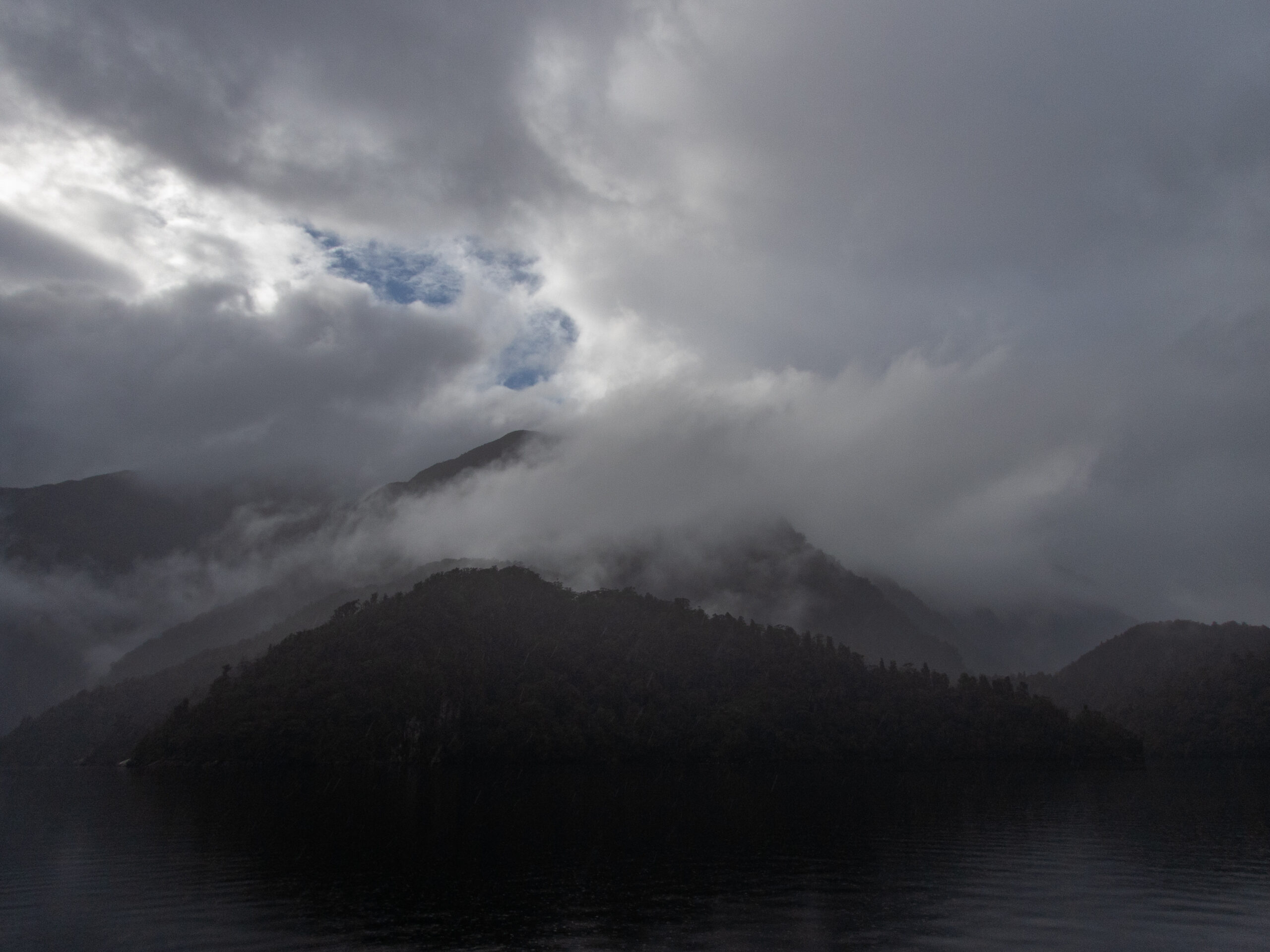
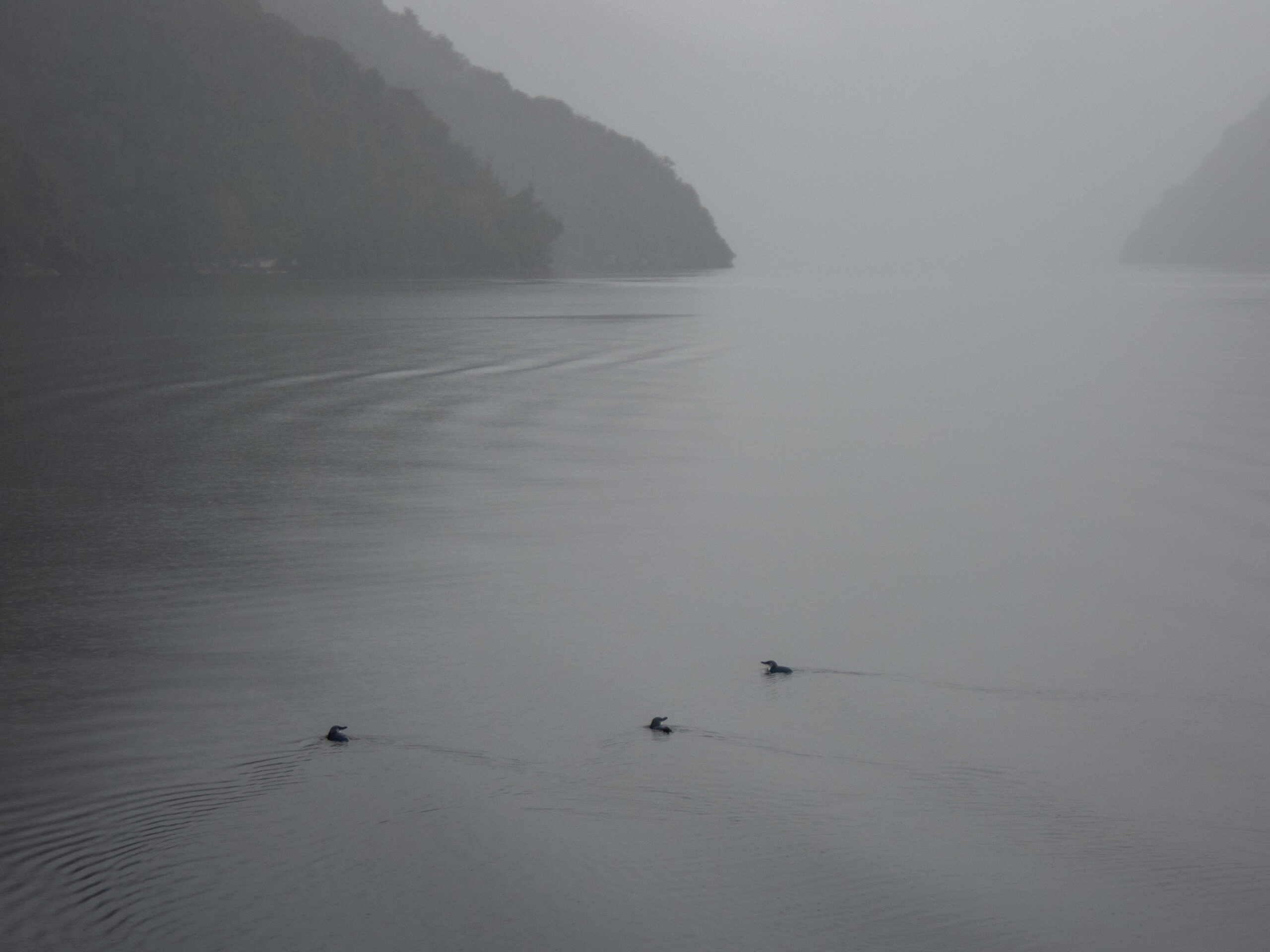
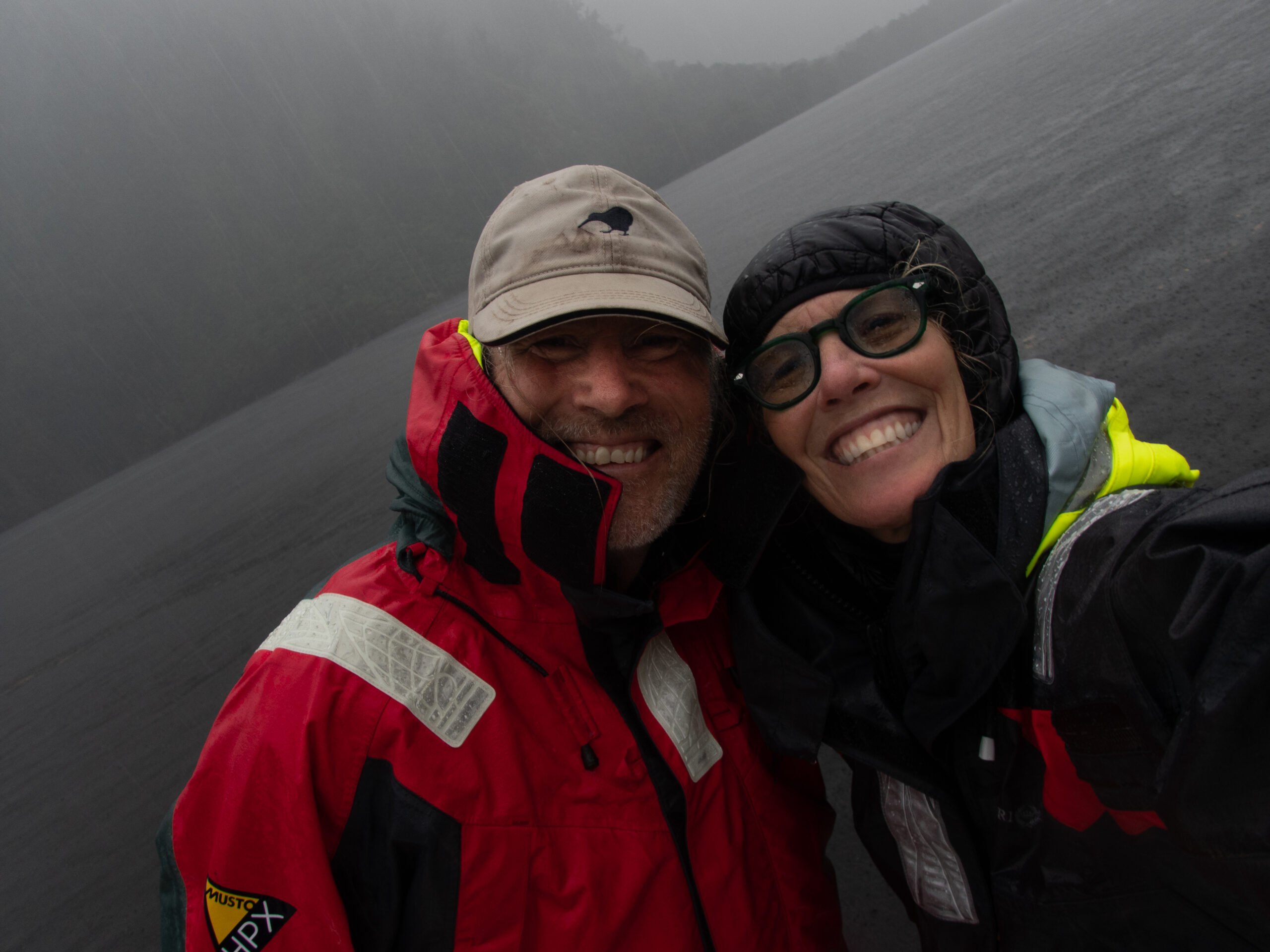




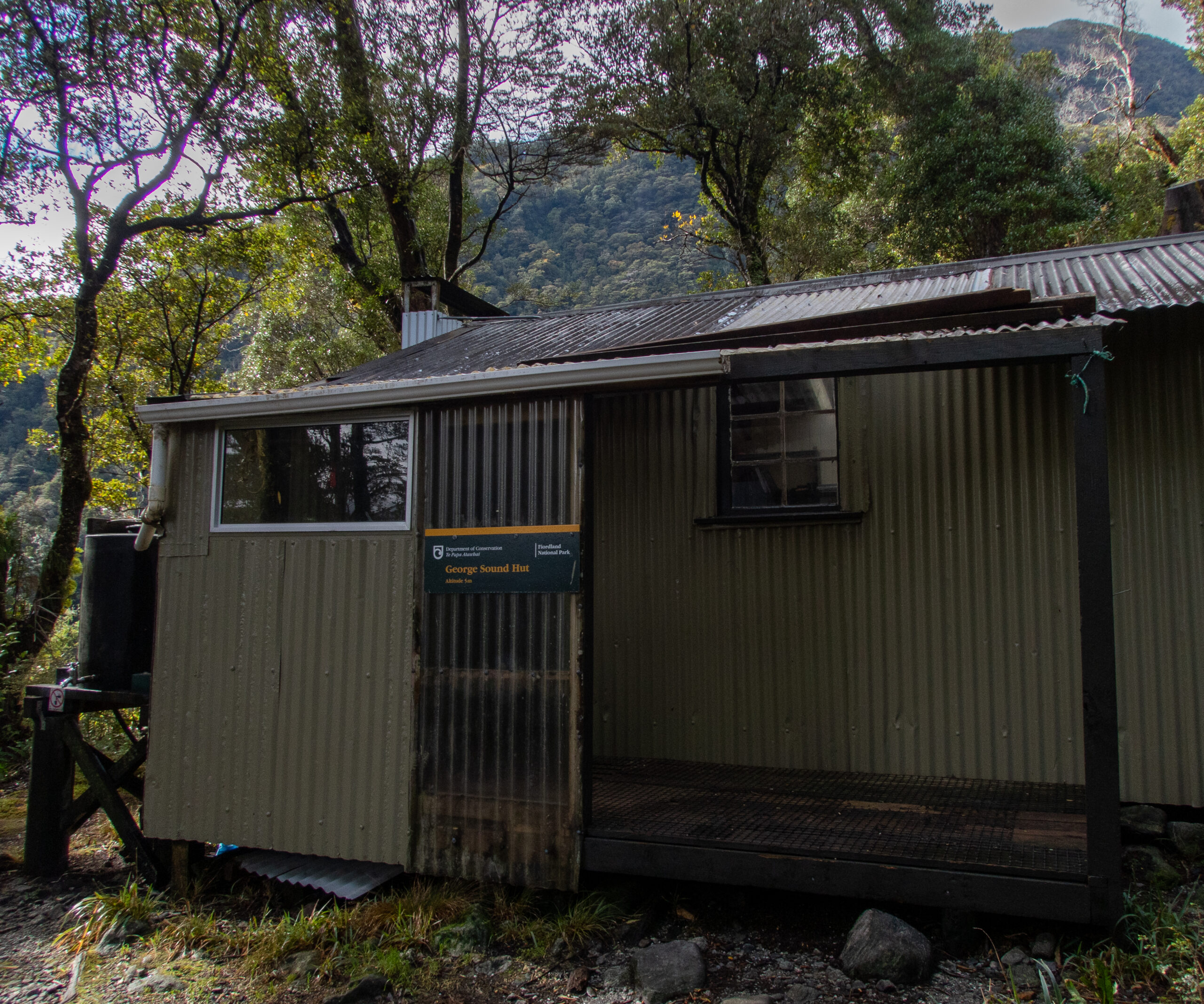

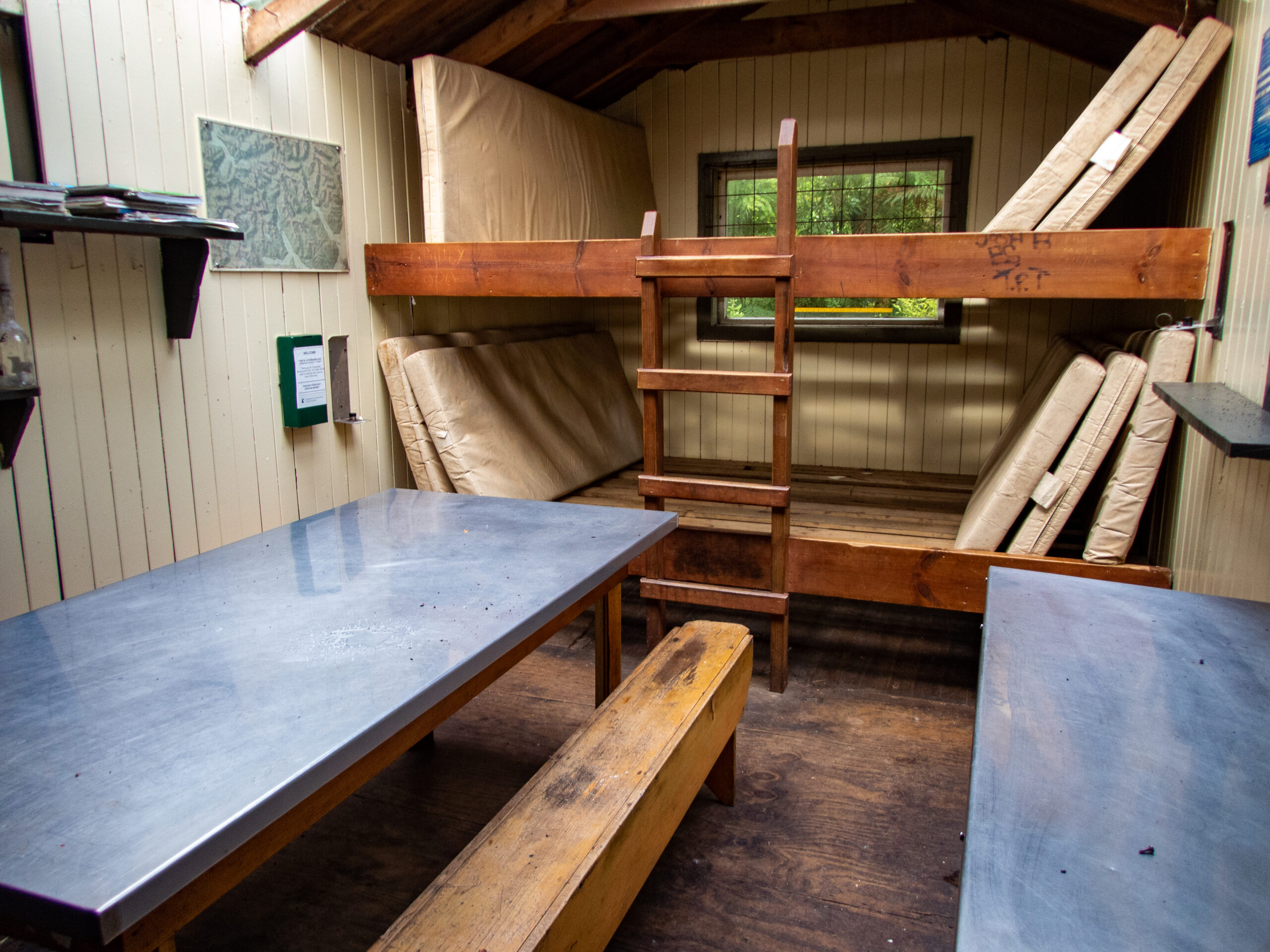

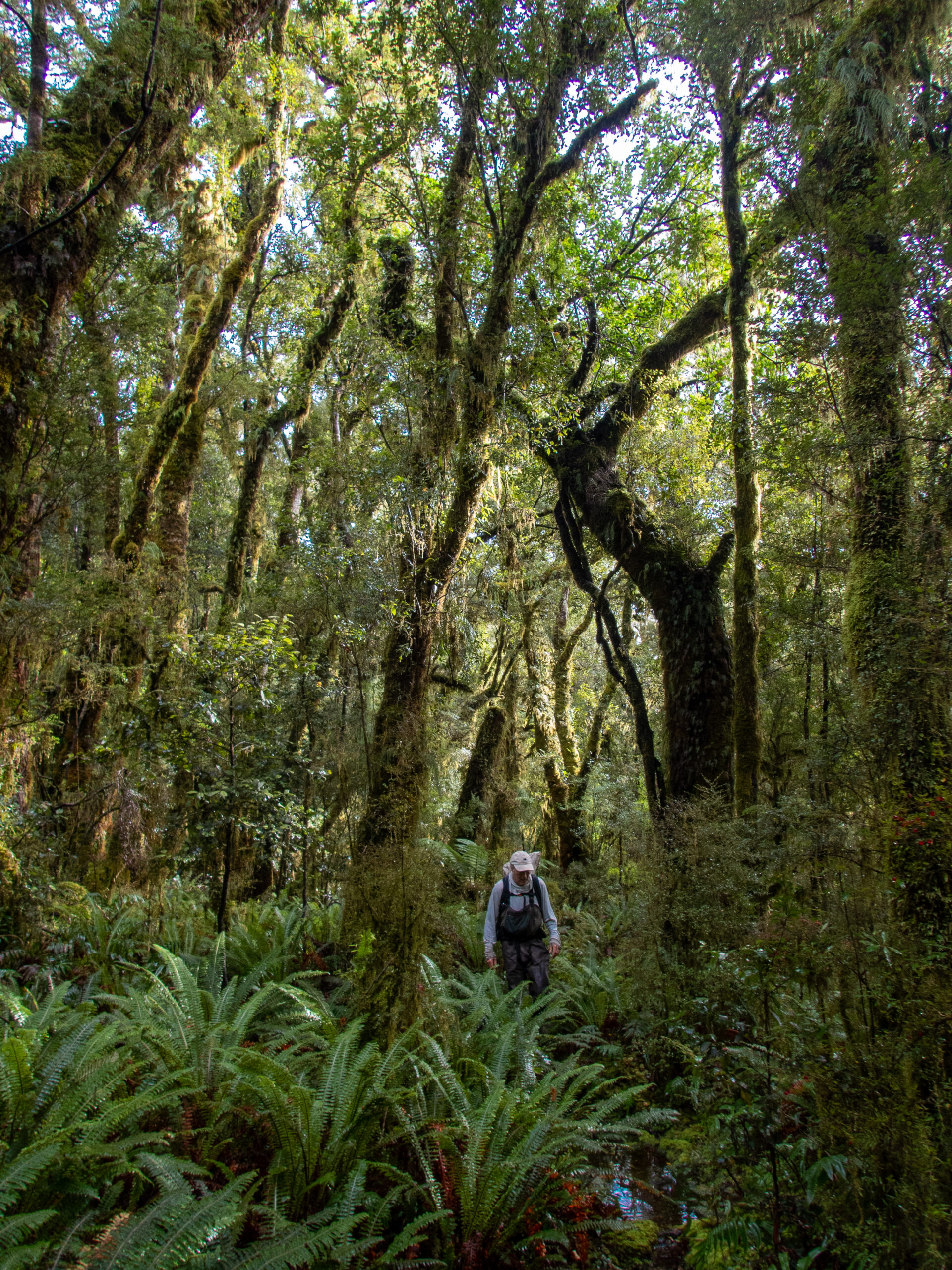

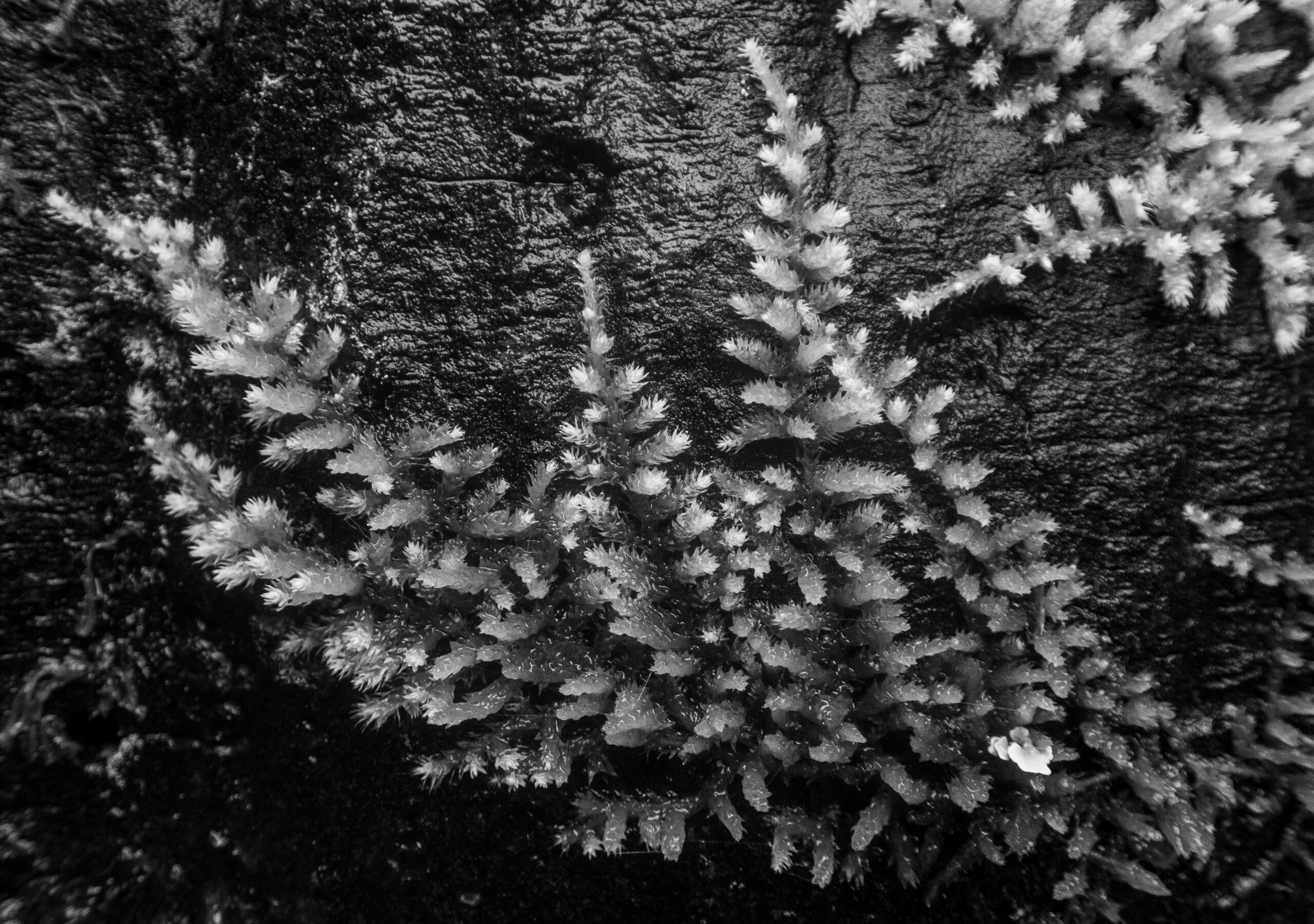

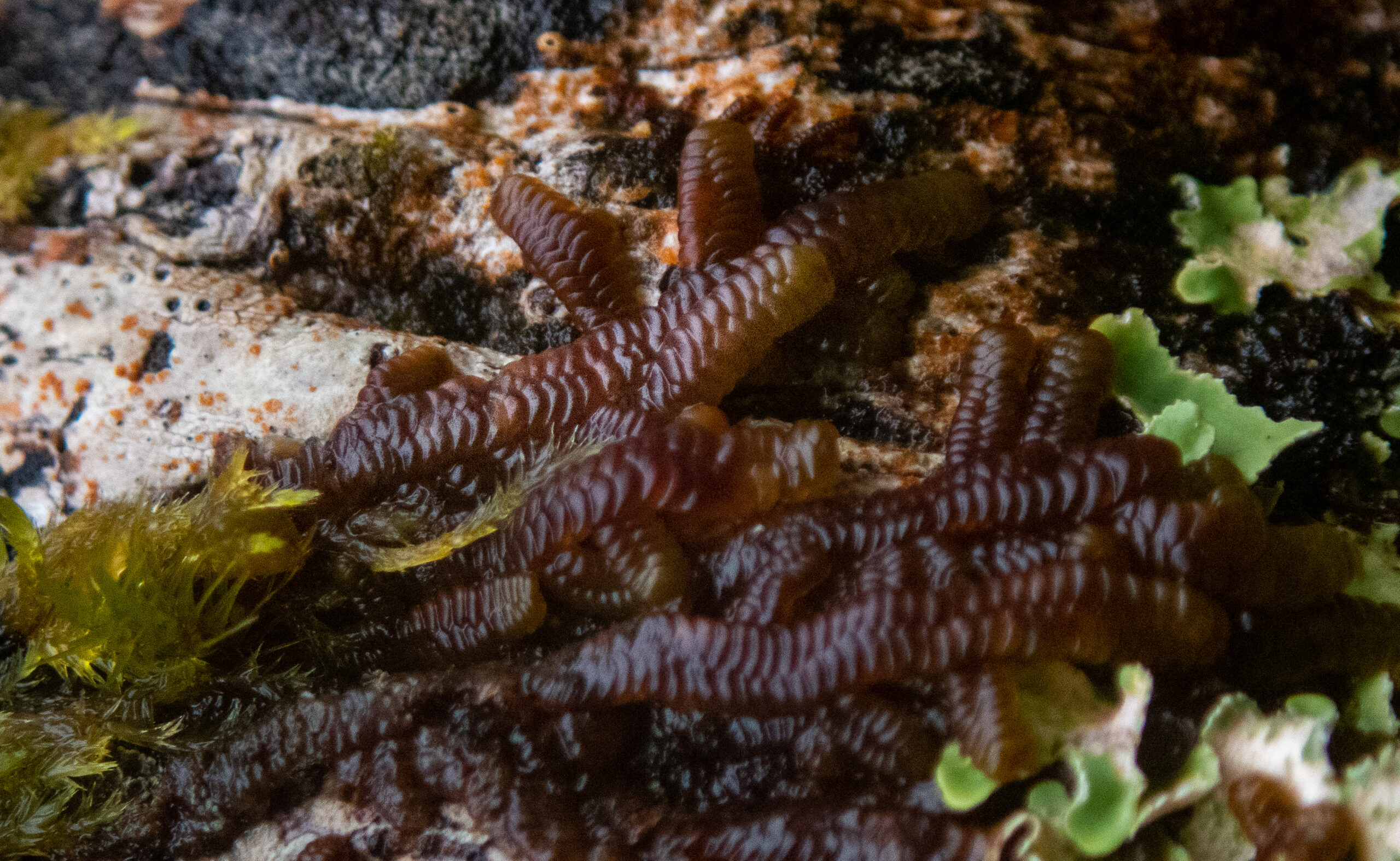
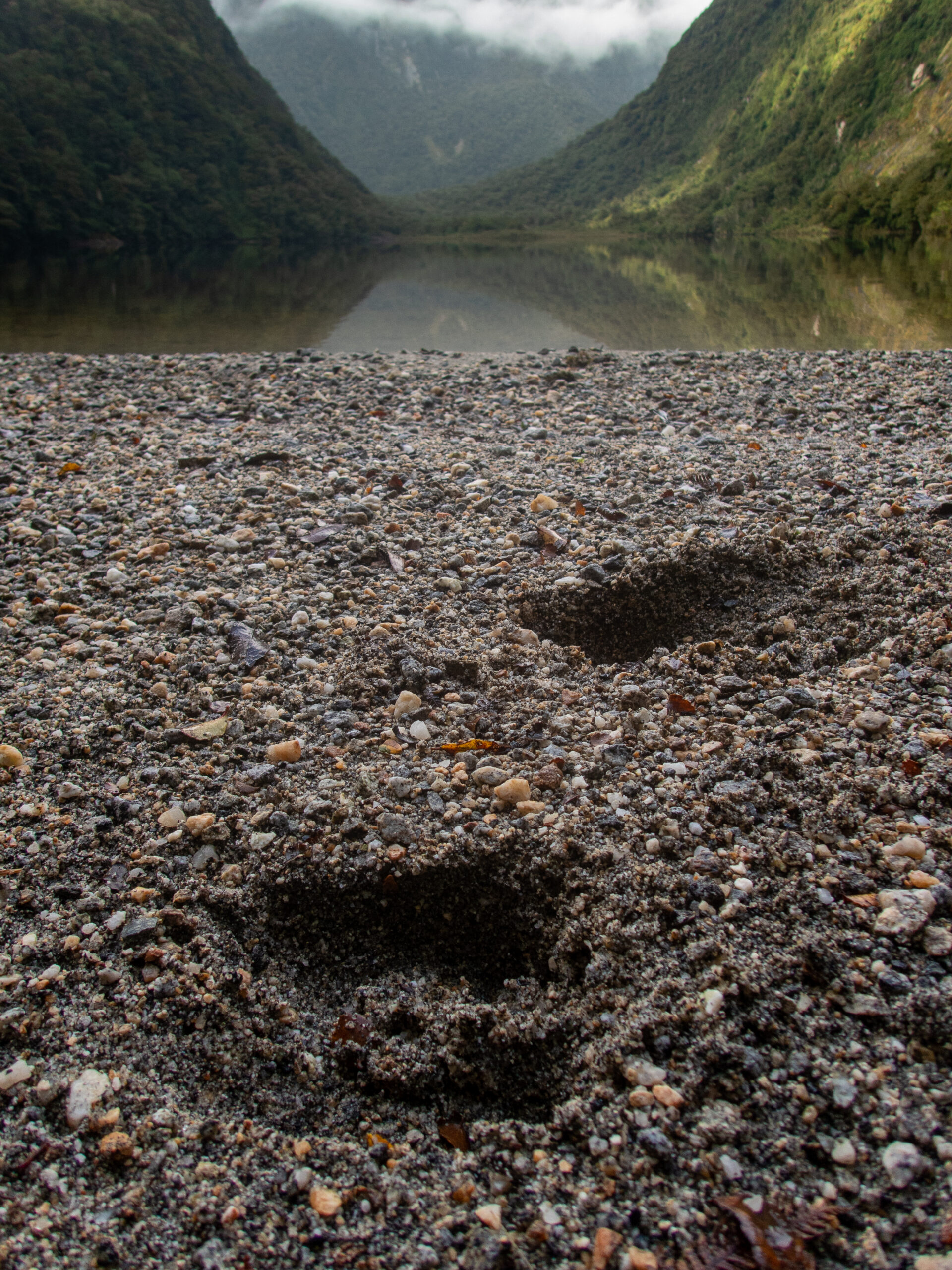
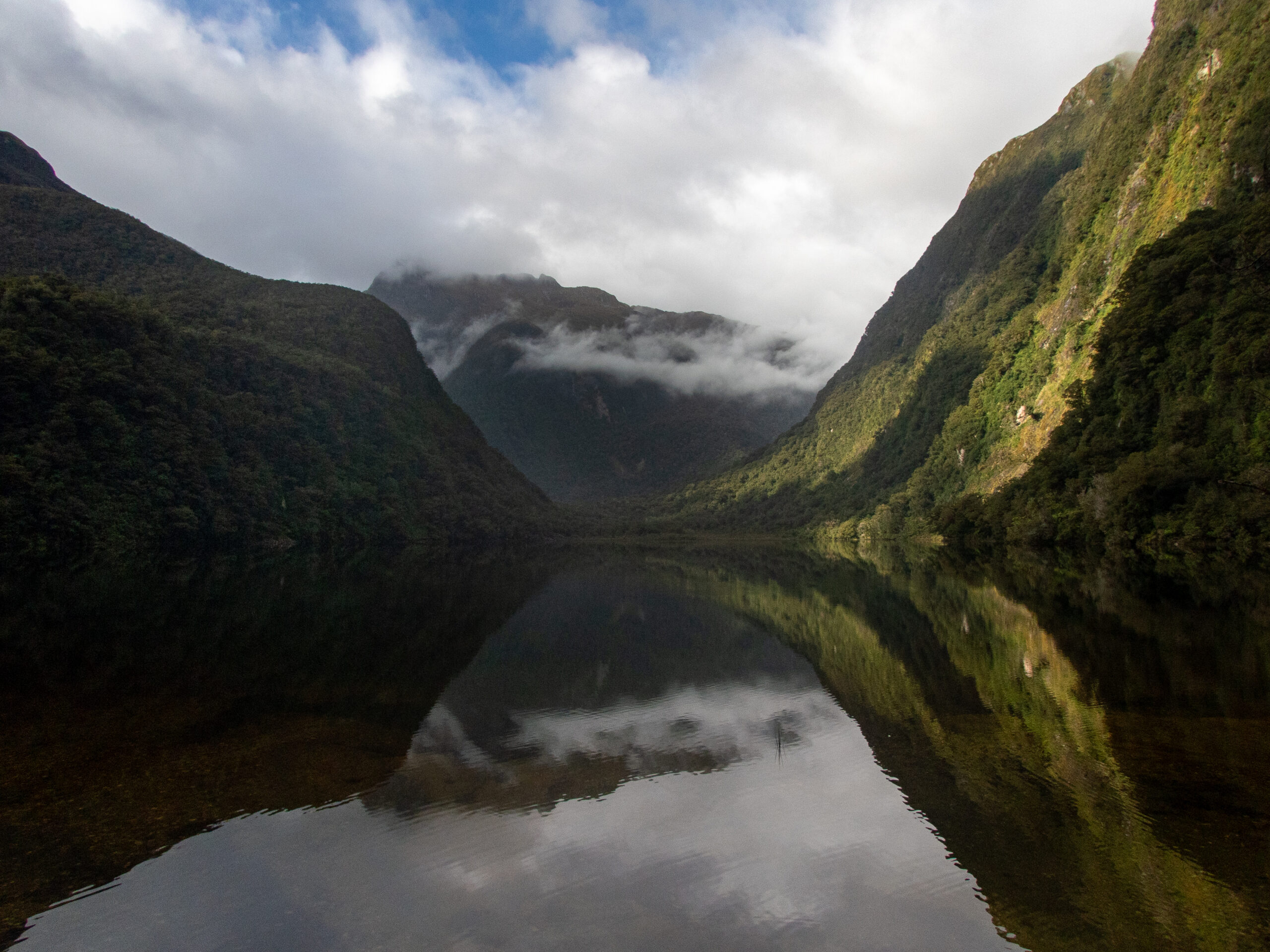


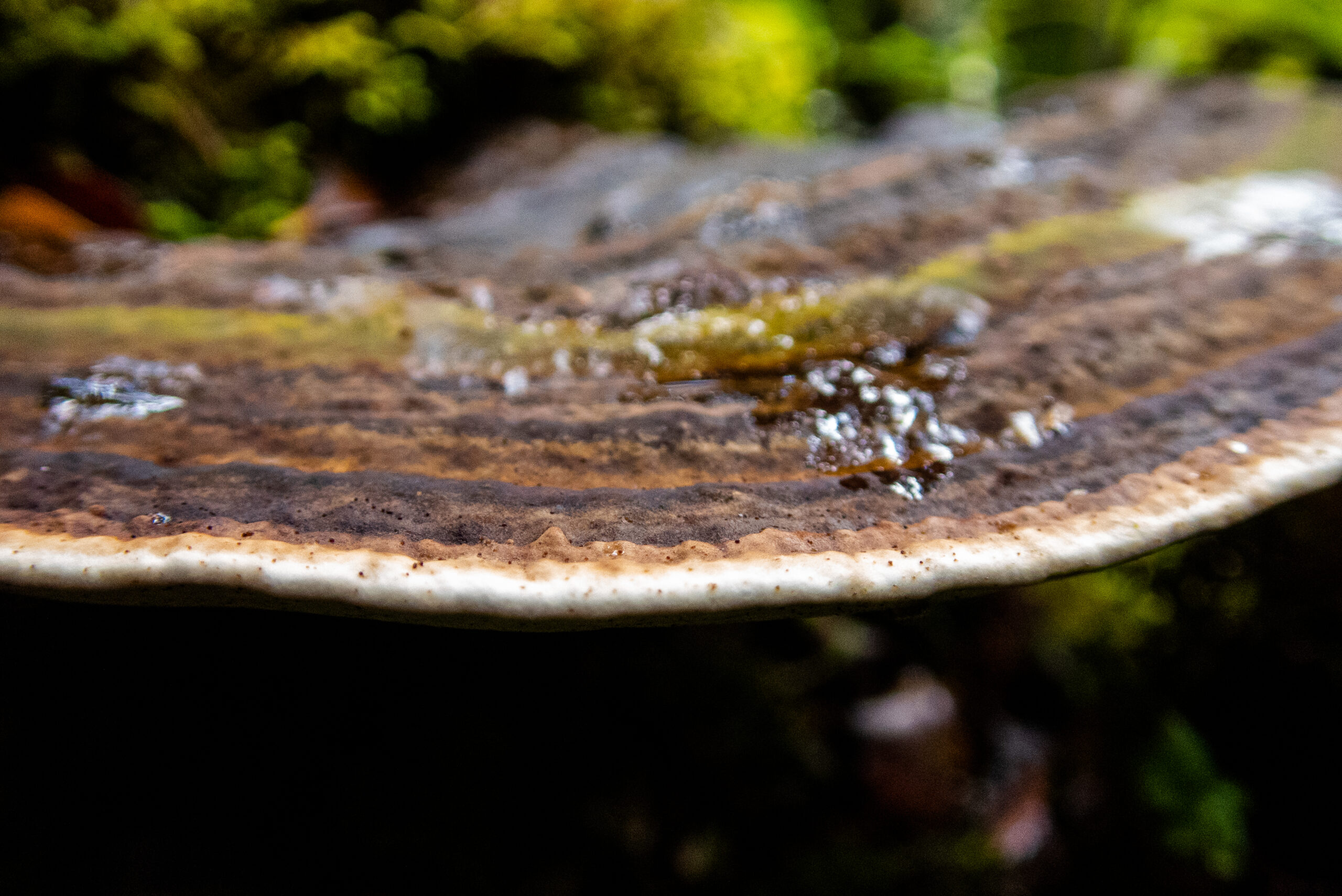
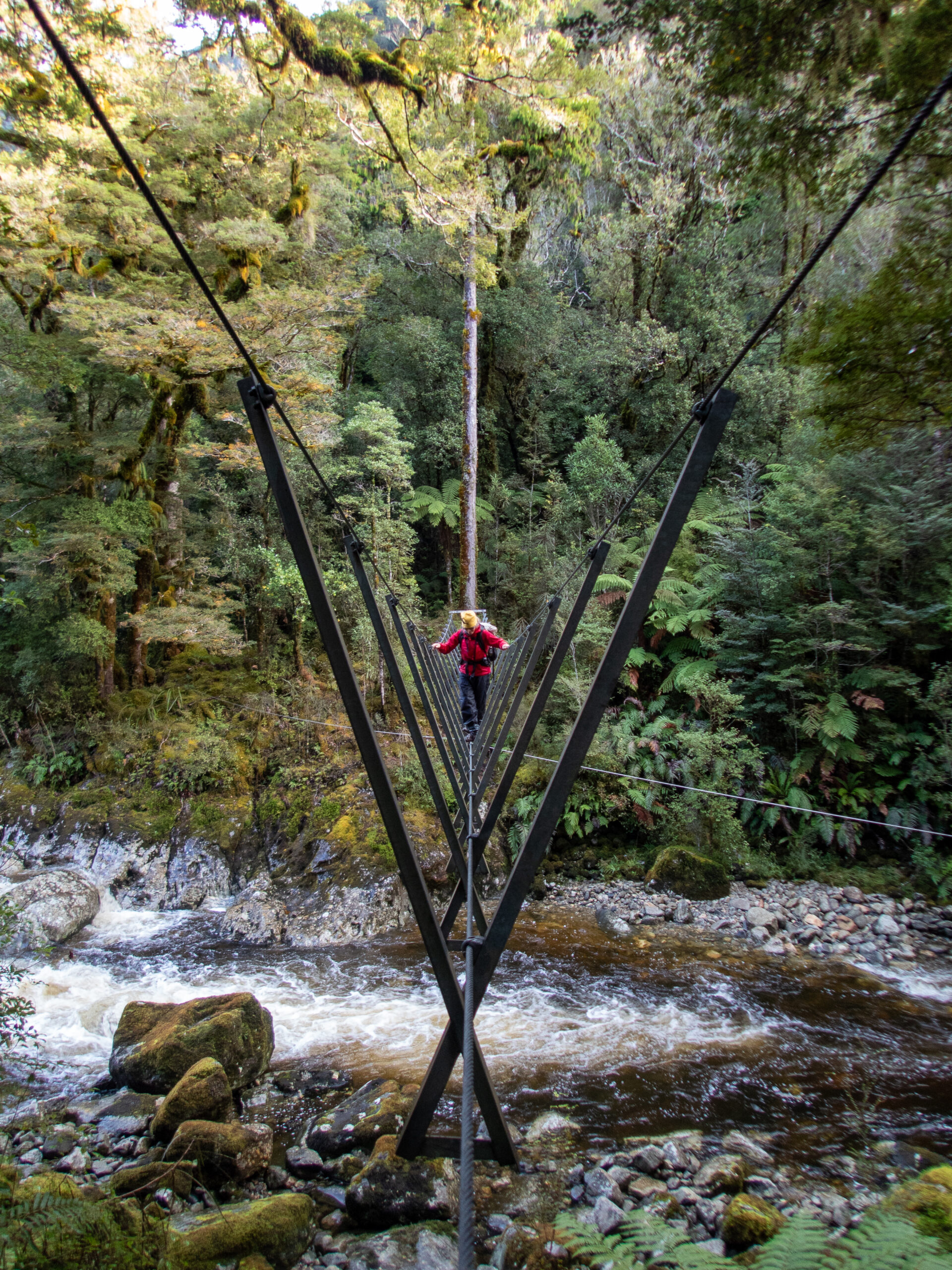
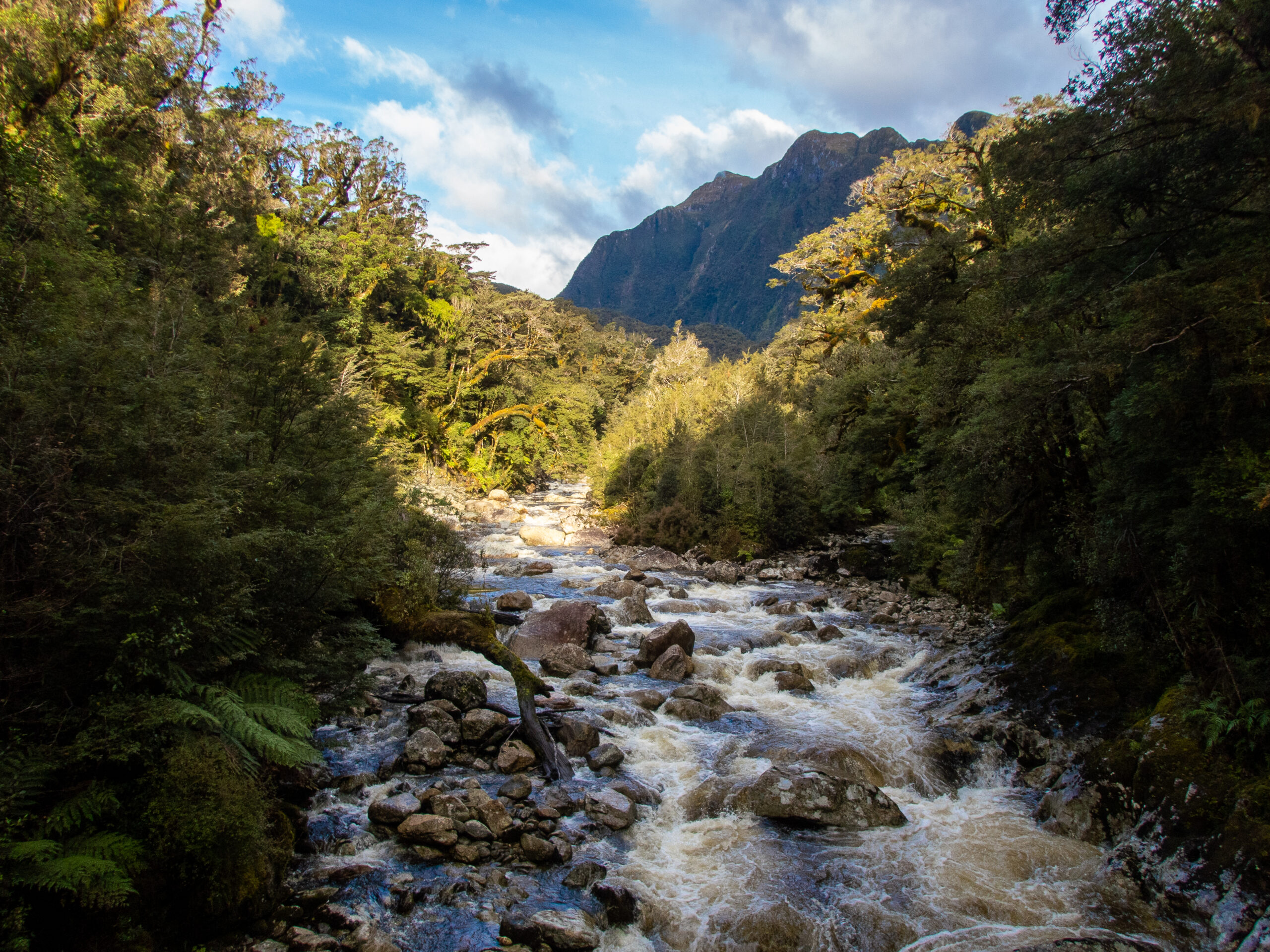
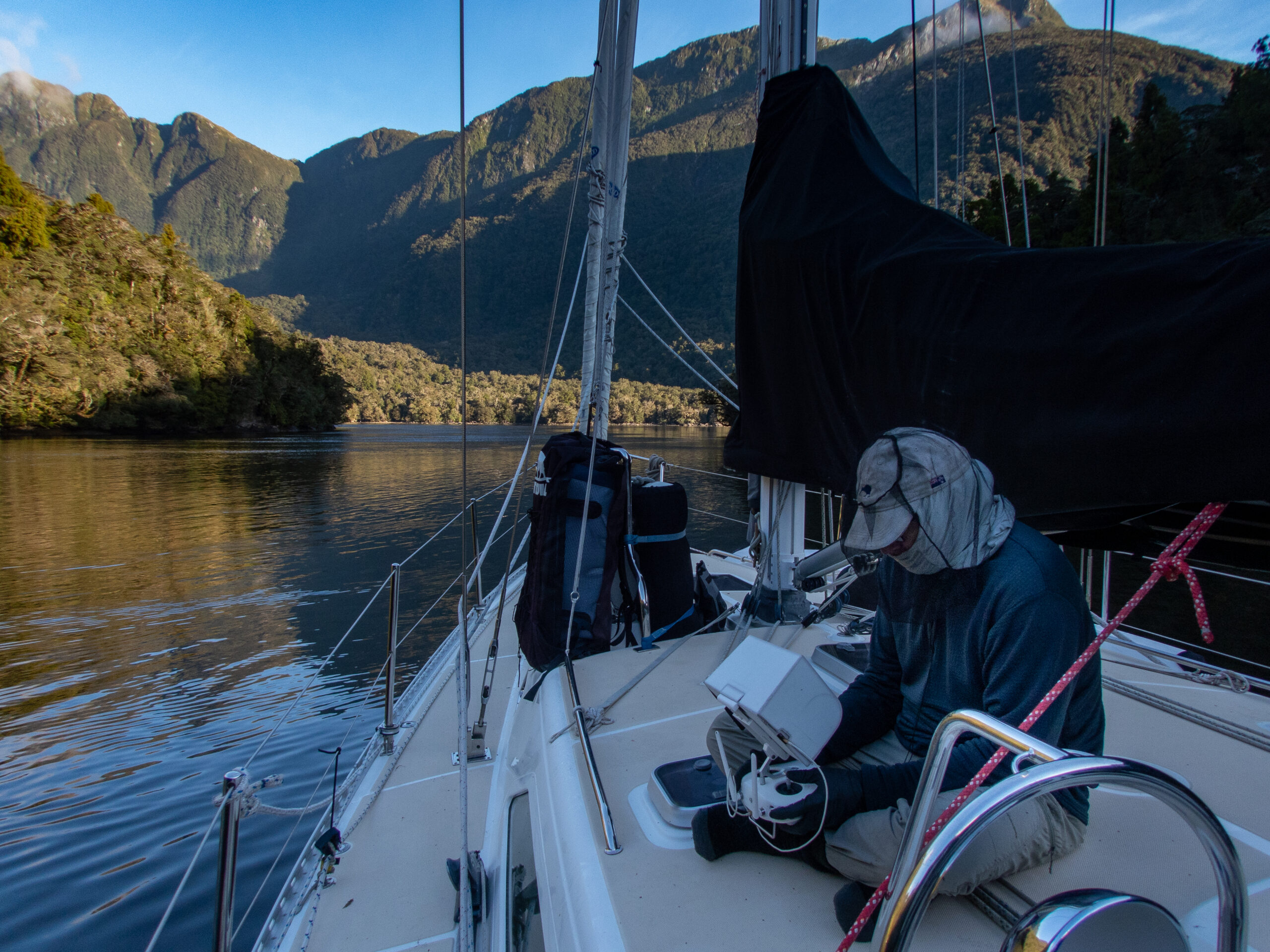

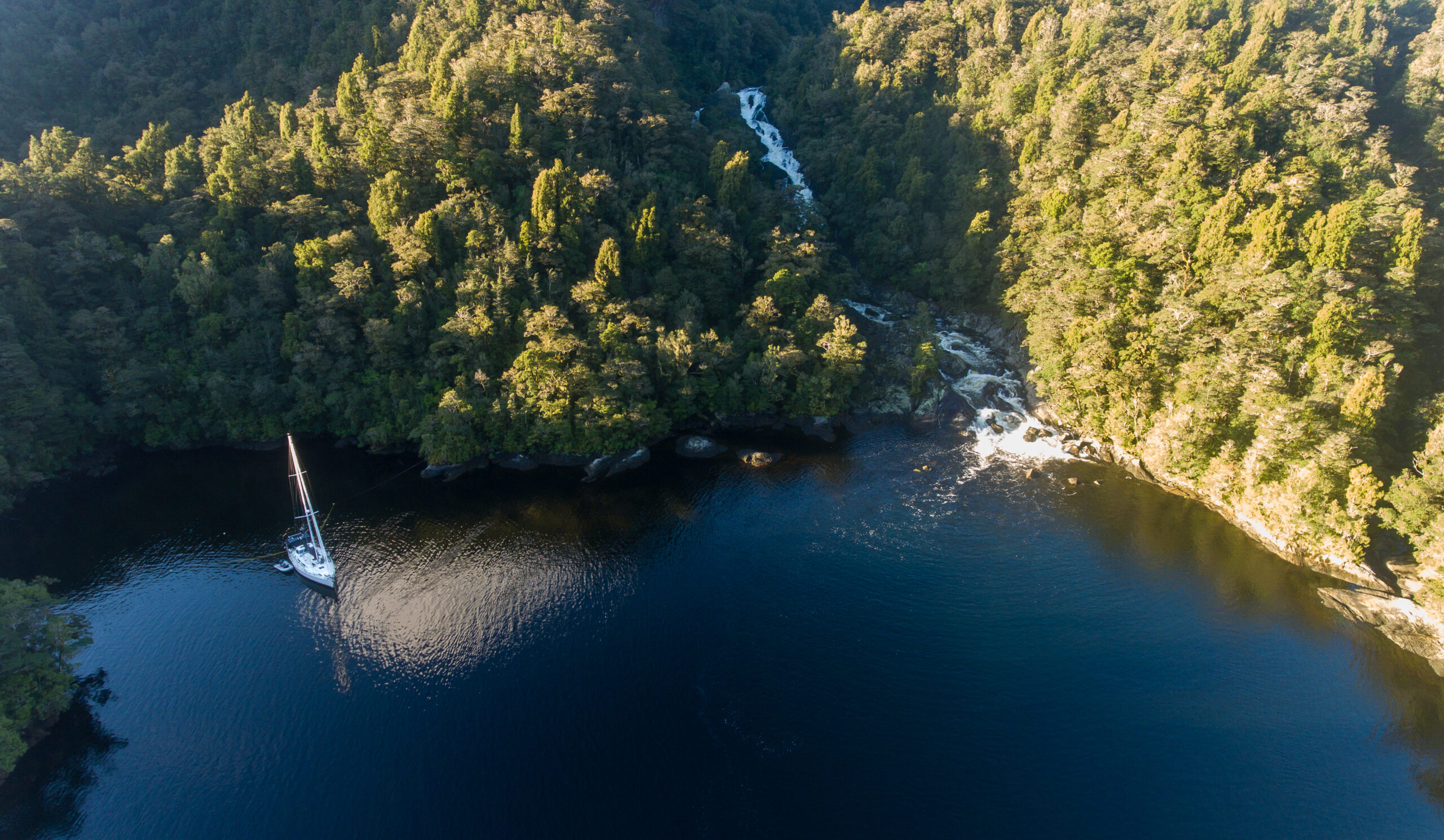
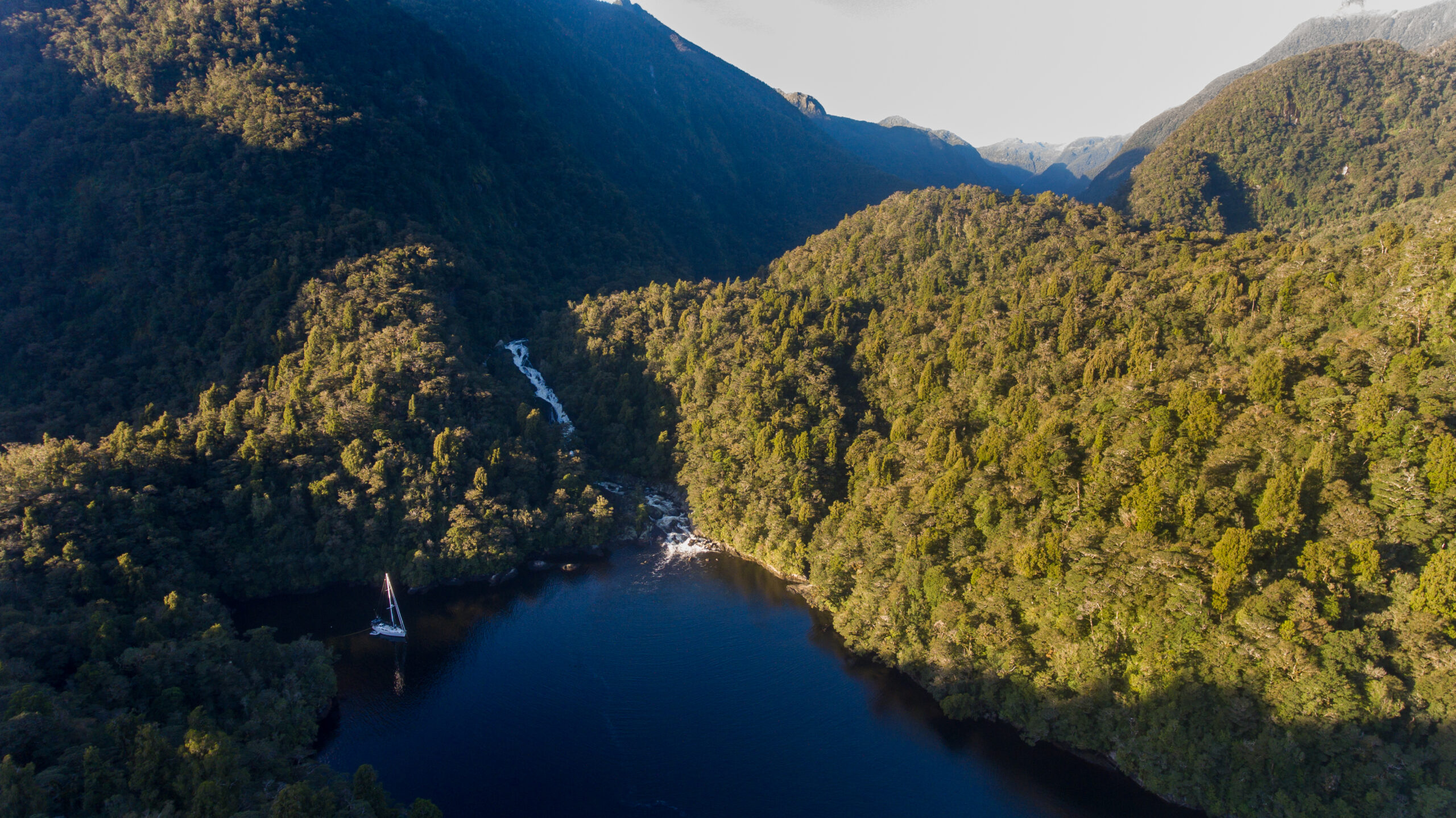
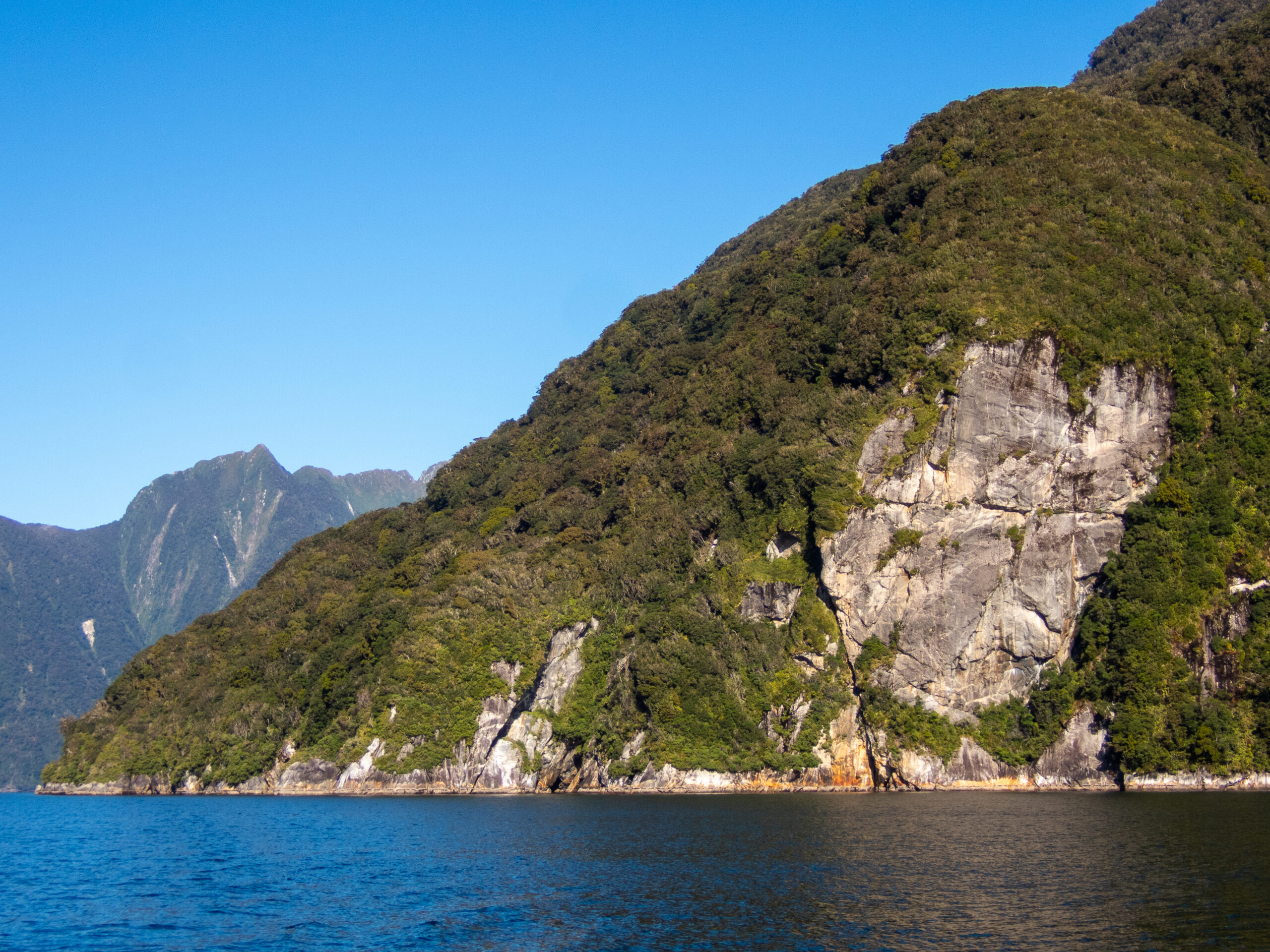
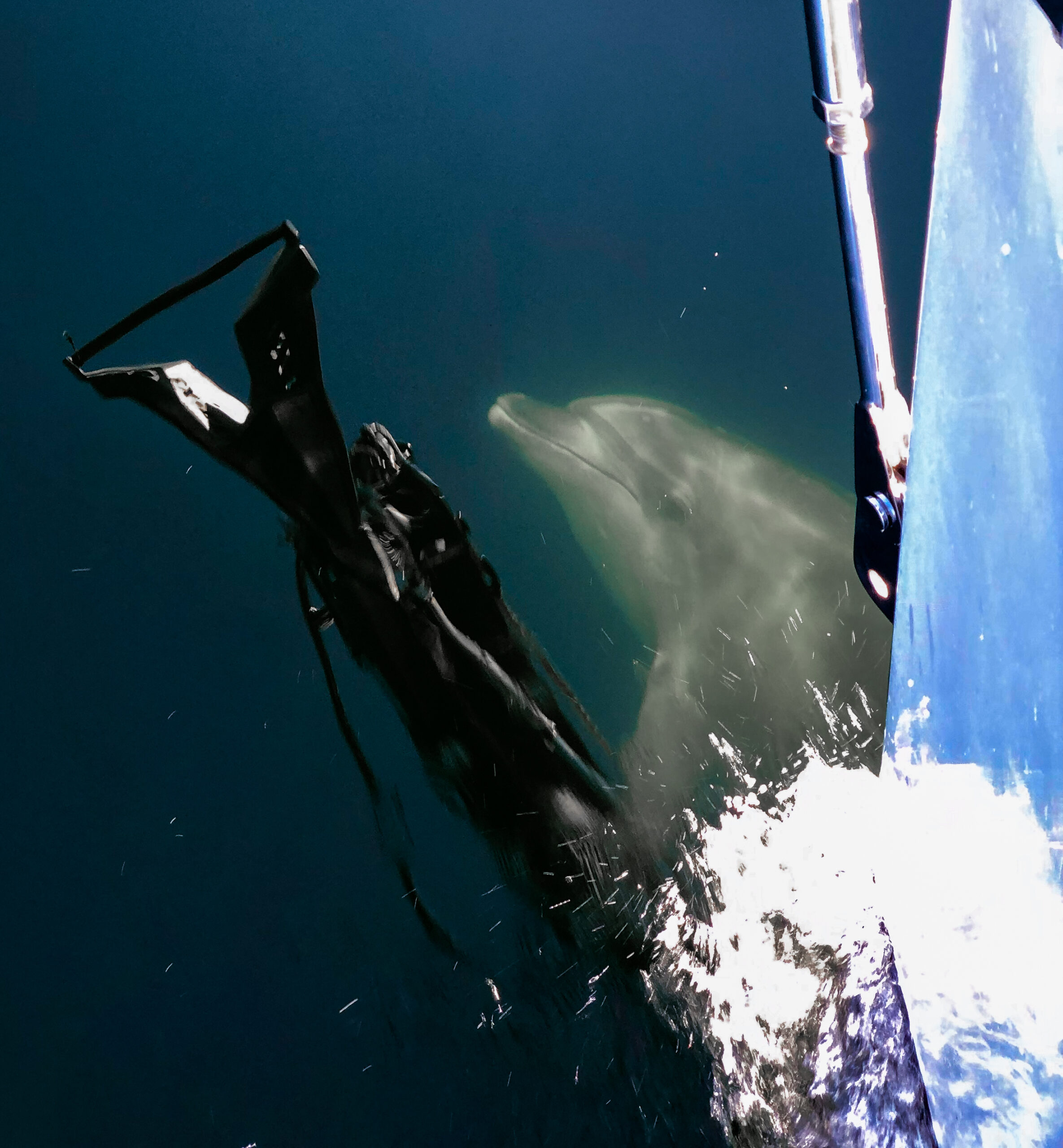
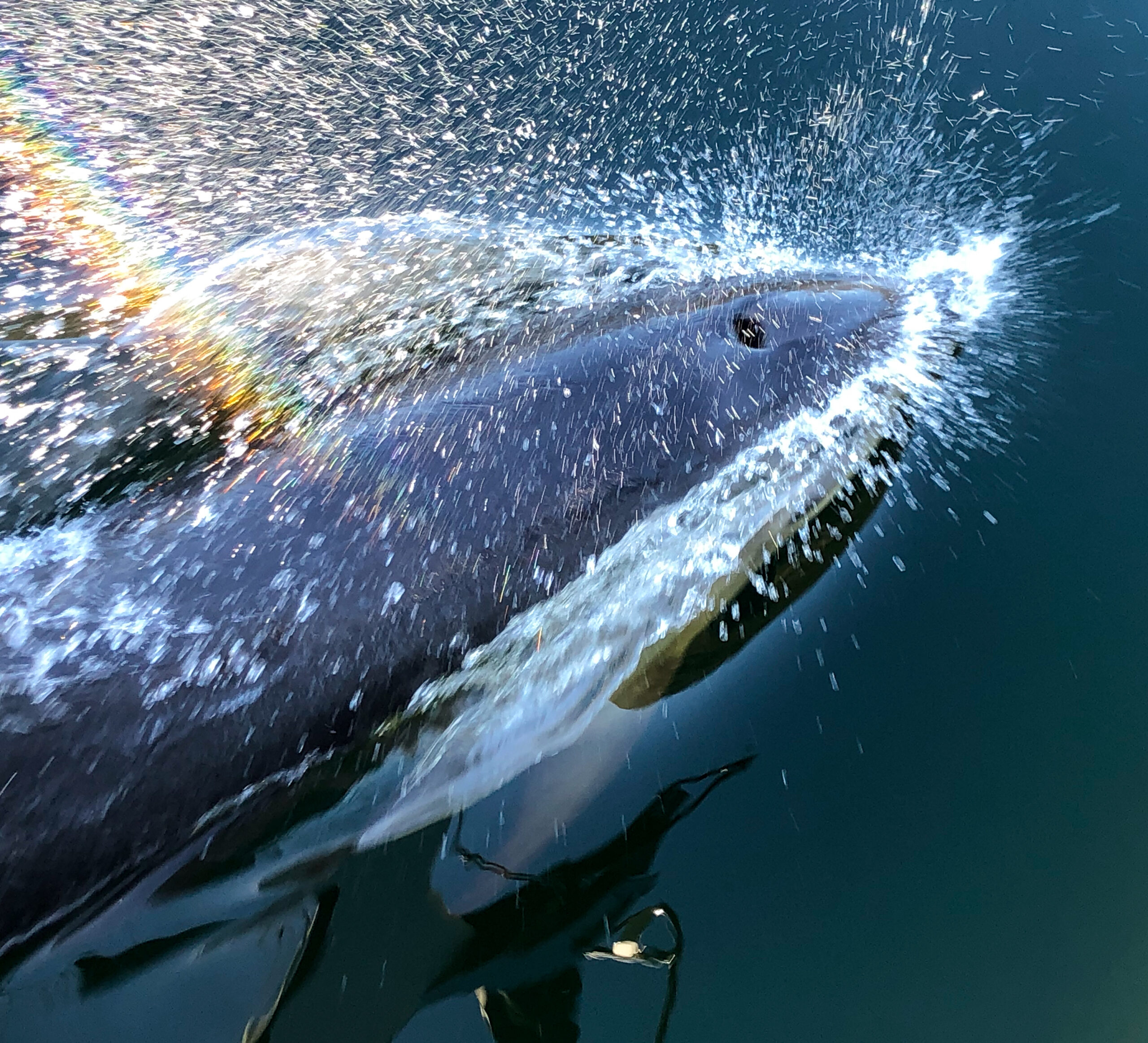
Caswell/Tai Te Timu Sound – the 45th parallel – Fiordland

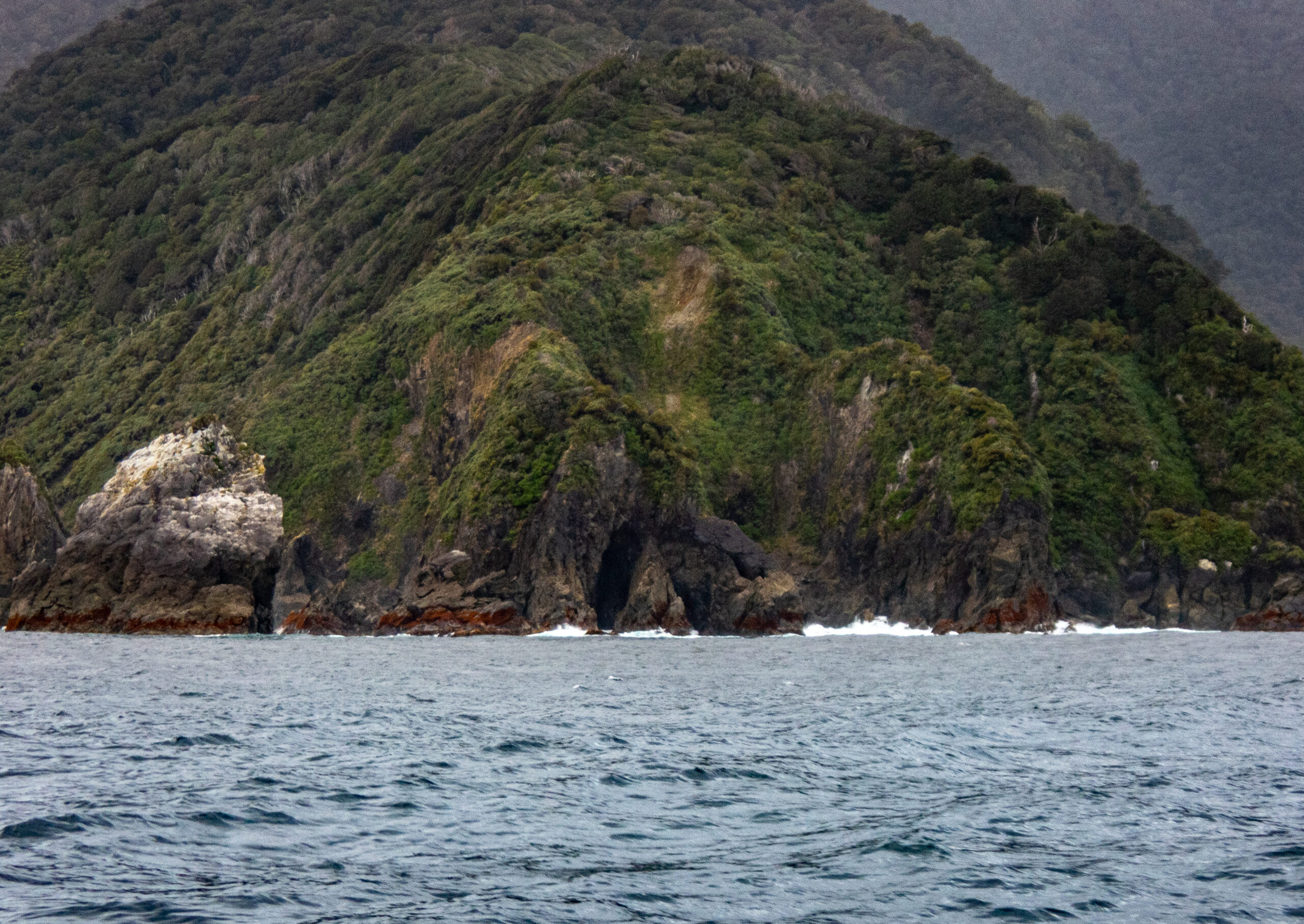

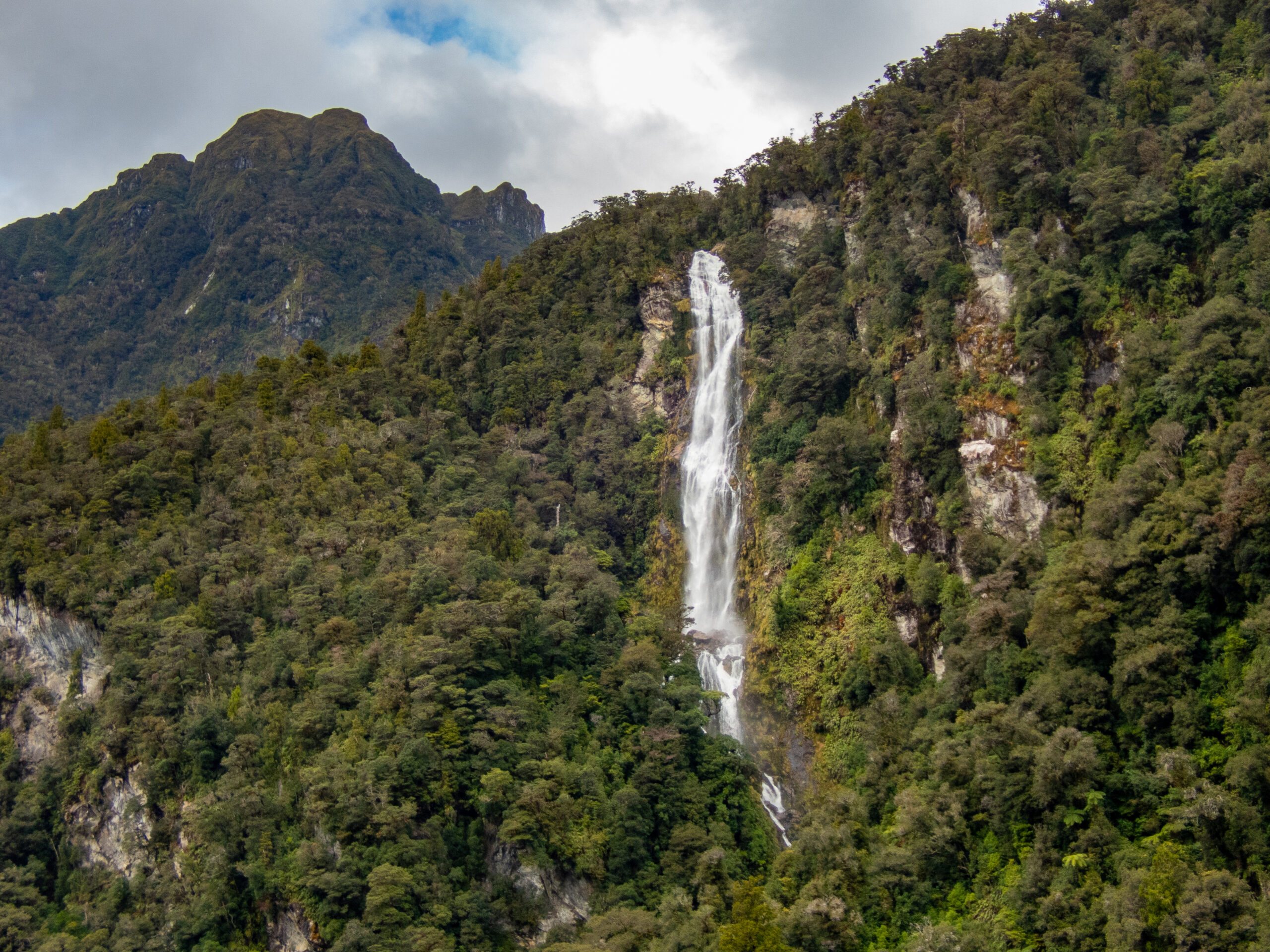
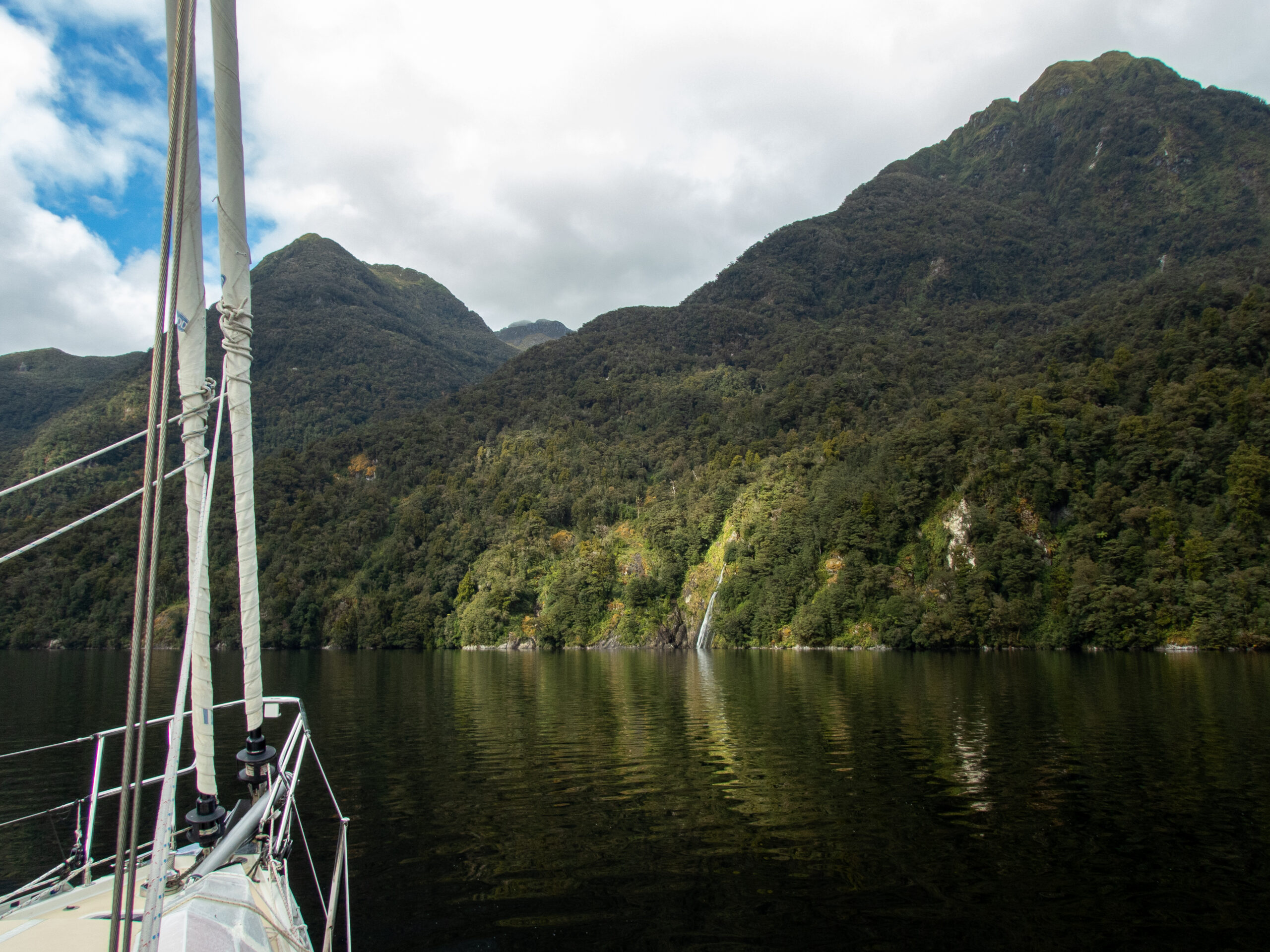
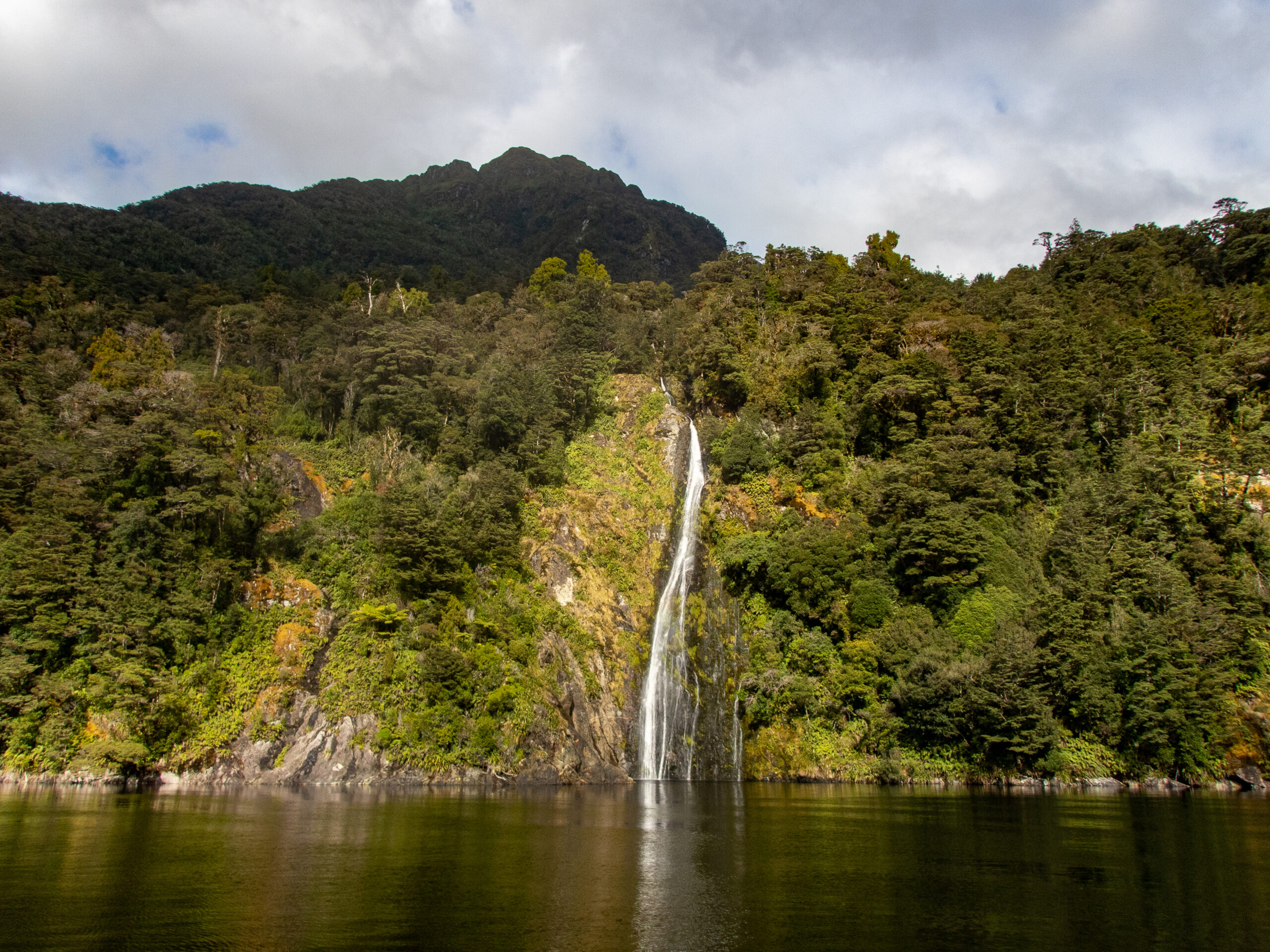
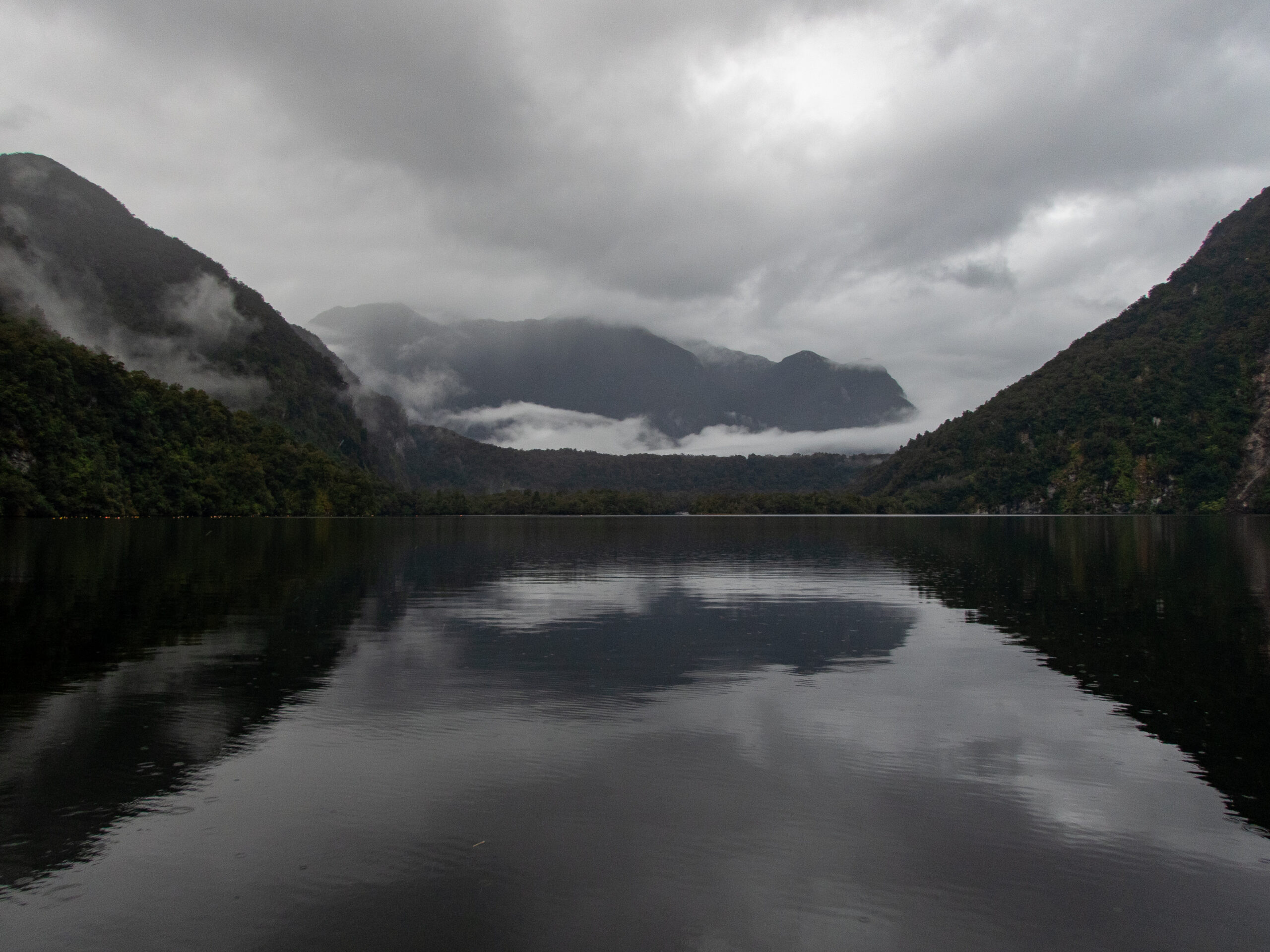

Big Fish
a big fish lived here
under this rock
in this sound
70 meters of water
down down down
finning the murky fathoms
there must be something it is like to be
a big fish
broad tail to the tide
jaw slowly moving, gills filtering
oxygen and salt from darkness
listening to the strange whirr of a prop churning distantly overhead
scent in the current
vibrations of much younger, much smaller, more foolish fish
everyone makes mistakes
joy to the world!
big fish on!
the breathless mystery of something deep
that unremitting pull of an invisible line
uncompromising bite and stick and metal barb
is there hoping it might break free
what is it like
to be another’s flesh and dinner?
exhausted thrashing on the surface
searing bright light and fierce dryness
the gaseous, ethereal world
where white birds like cherubs flitter and follow
where albatross glide like shadows of another understanding
what is it like, big fish?
now that two men hold you in firm hands
knife wielding hands
careless hands
is this the dance?
waves surge against the rocks
seaweed starfish worms green saltwater alive
o’ fish shaped wave
these men call you big fish
men who came to find things to take
big trees all in a row
is there something it is like
to be a man holding a gray dead fish
for a picture
flesh stripped from her ancient bones ~MS

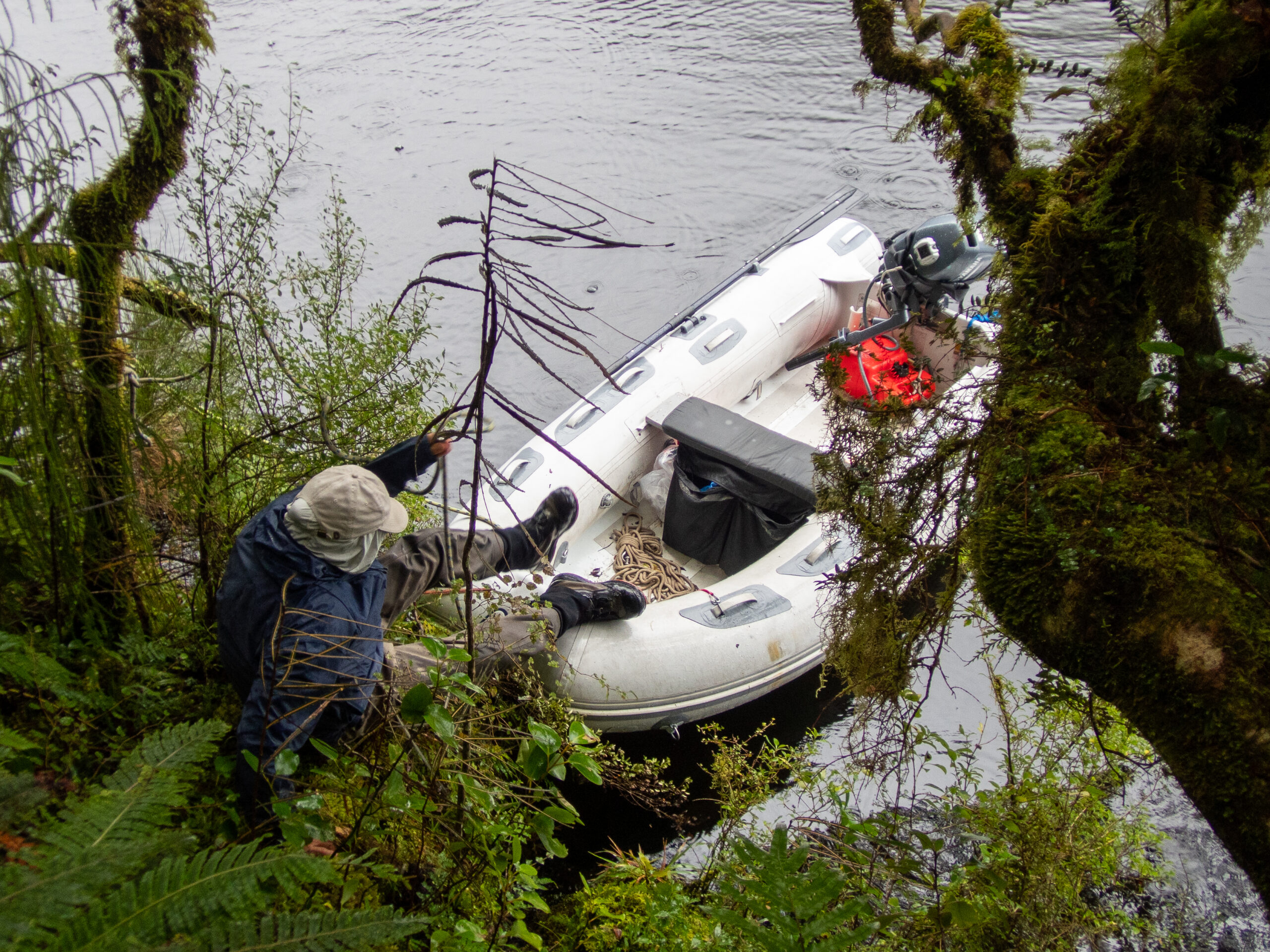
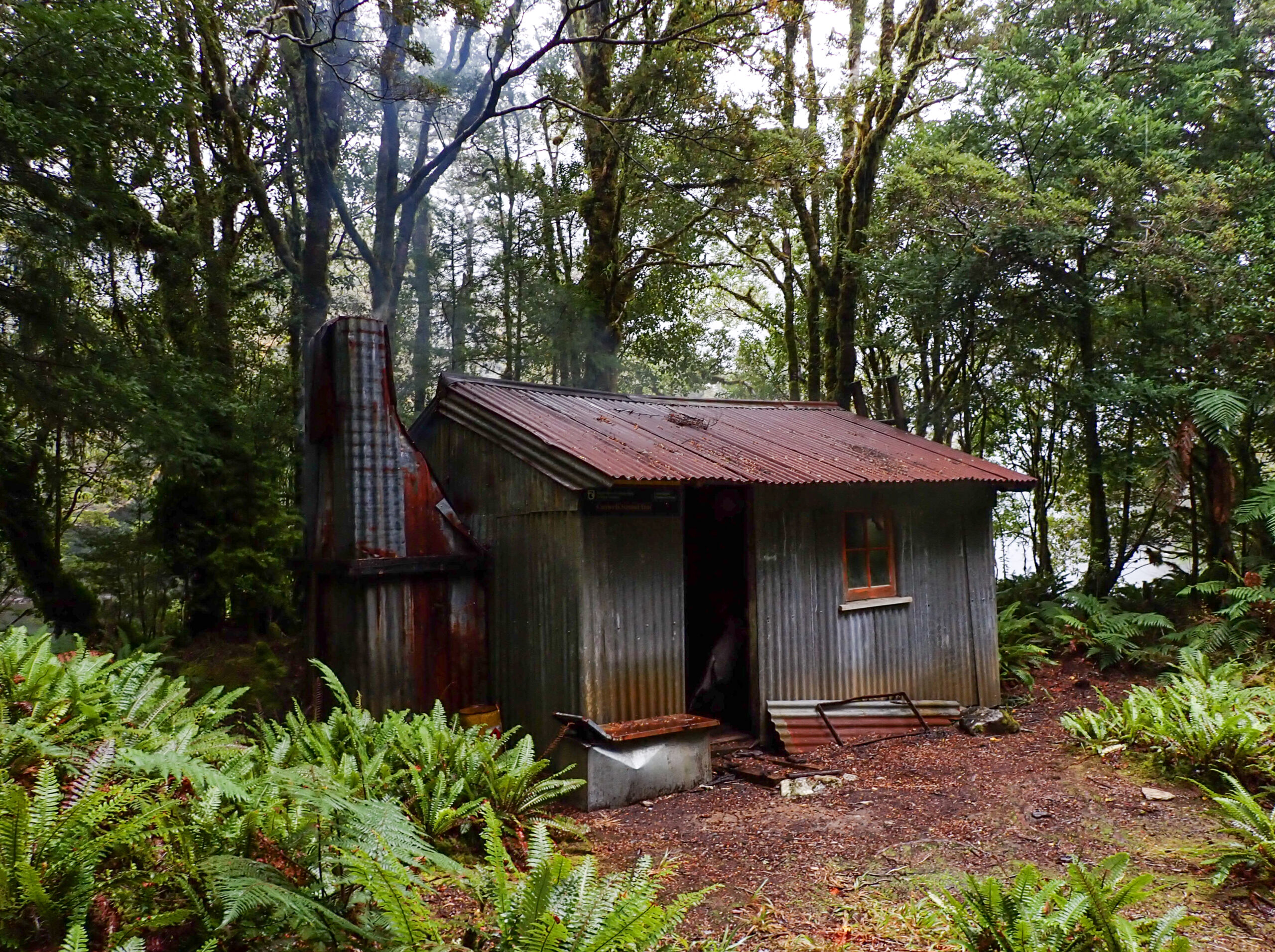
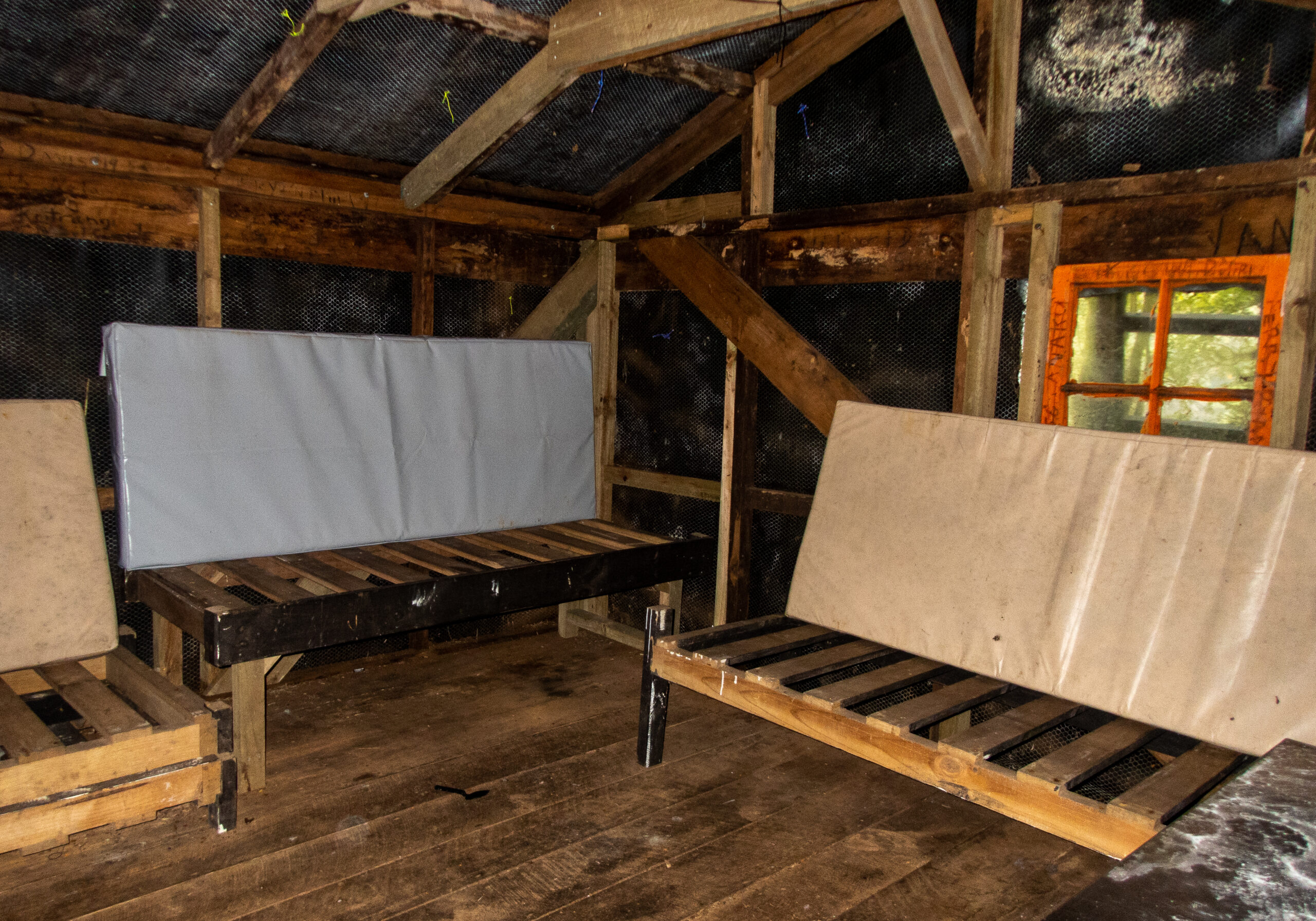
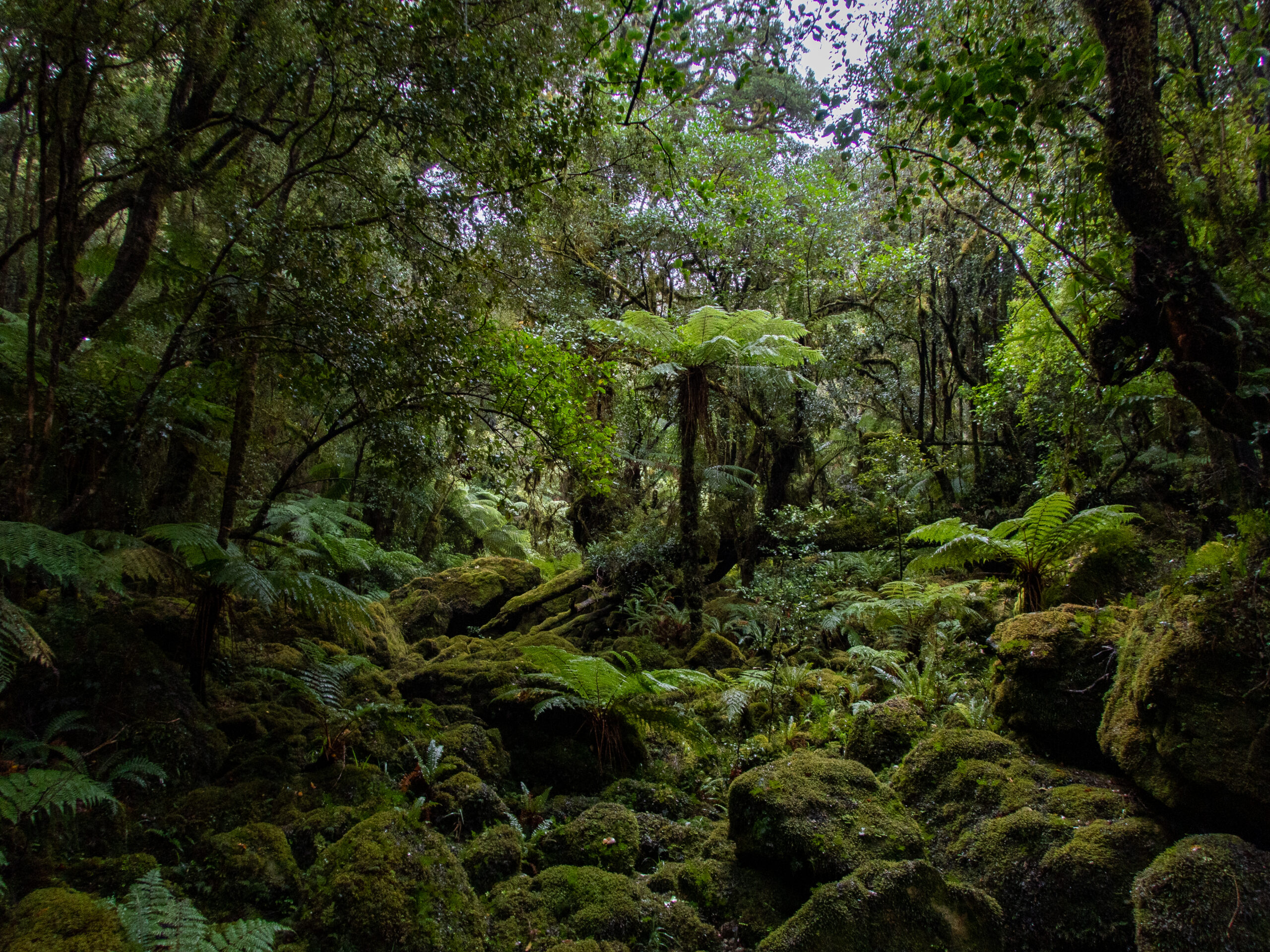
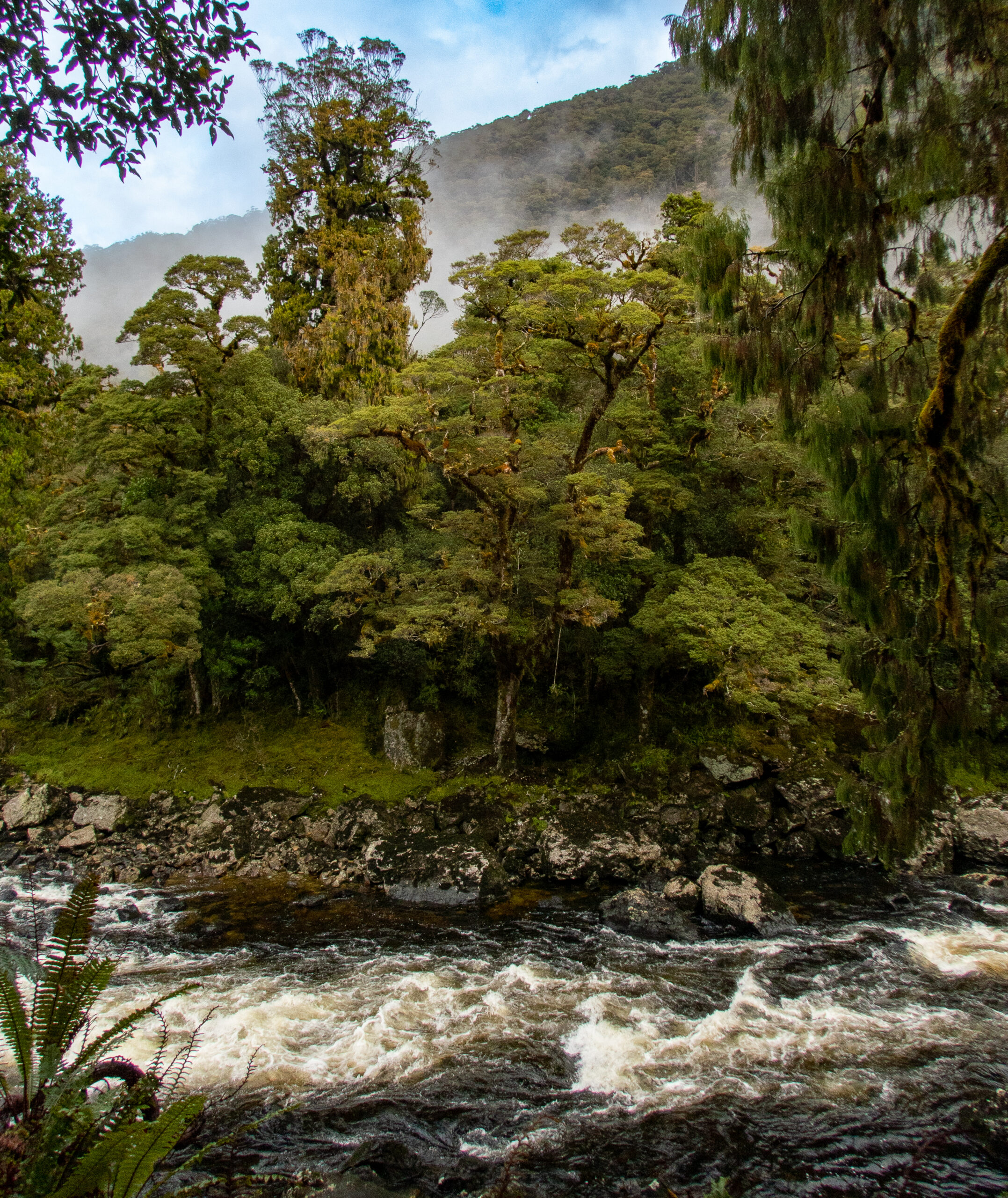
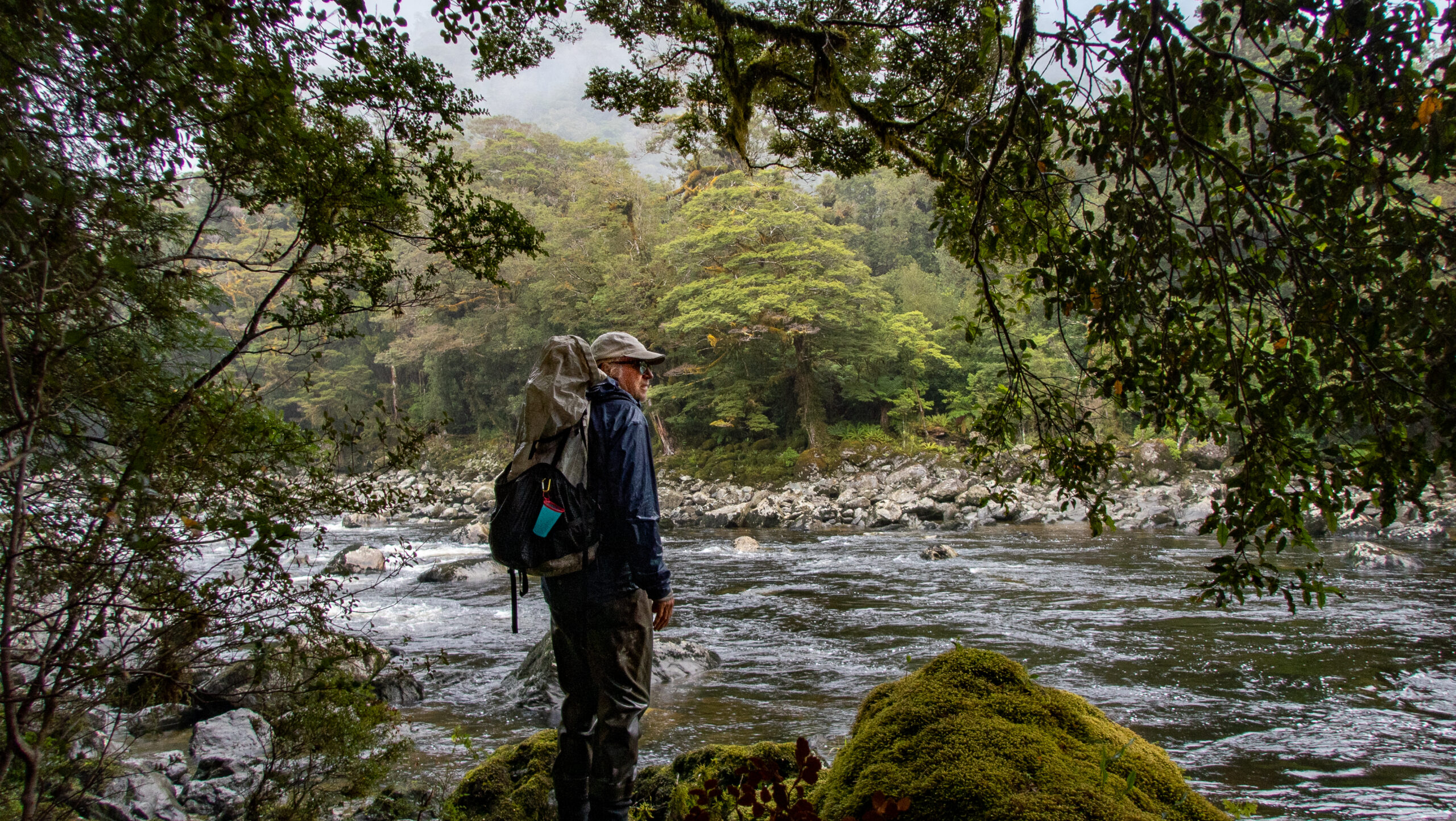

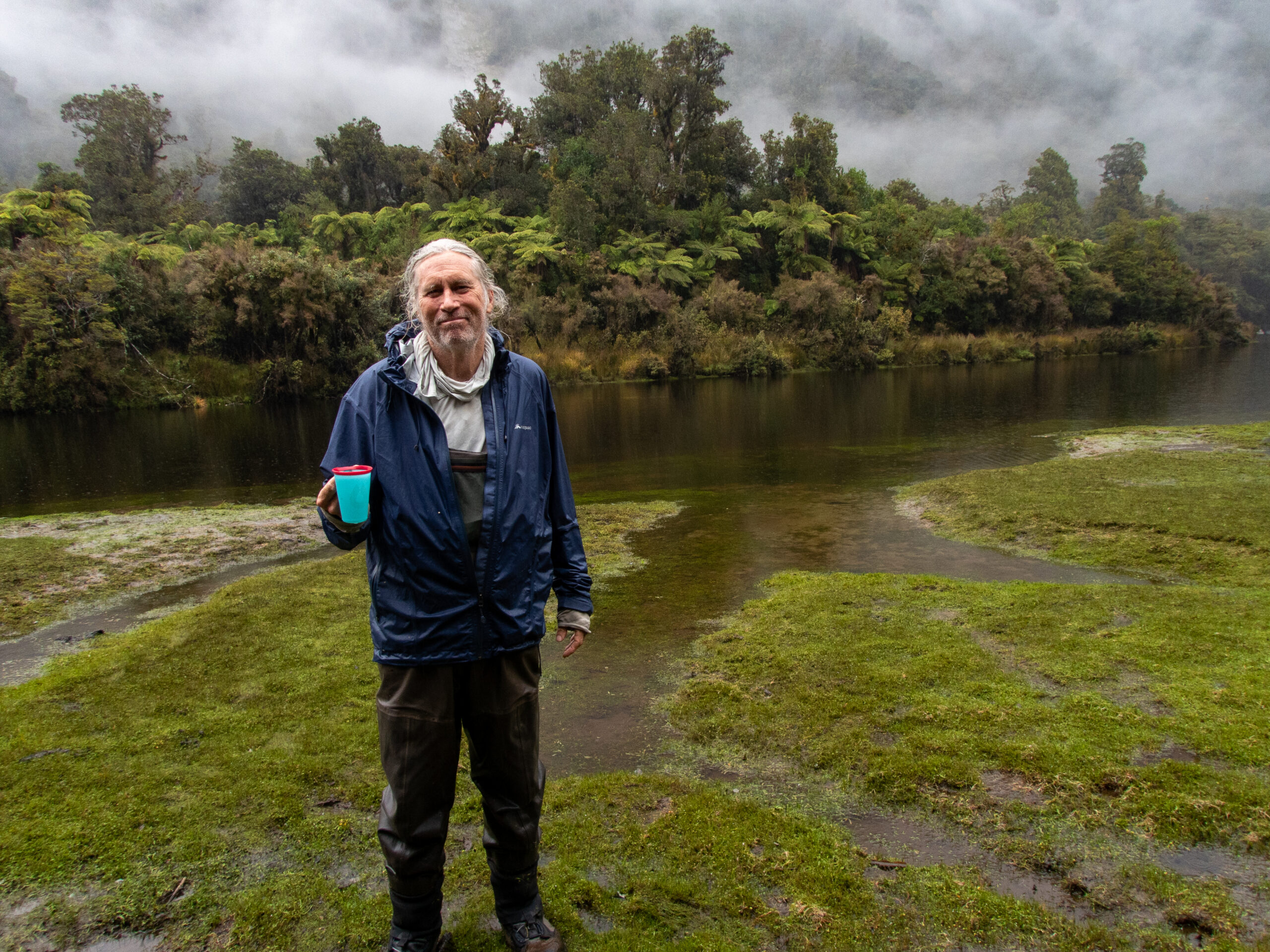


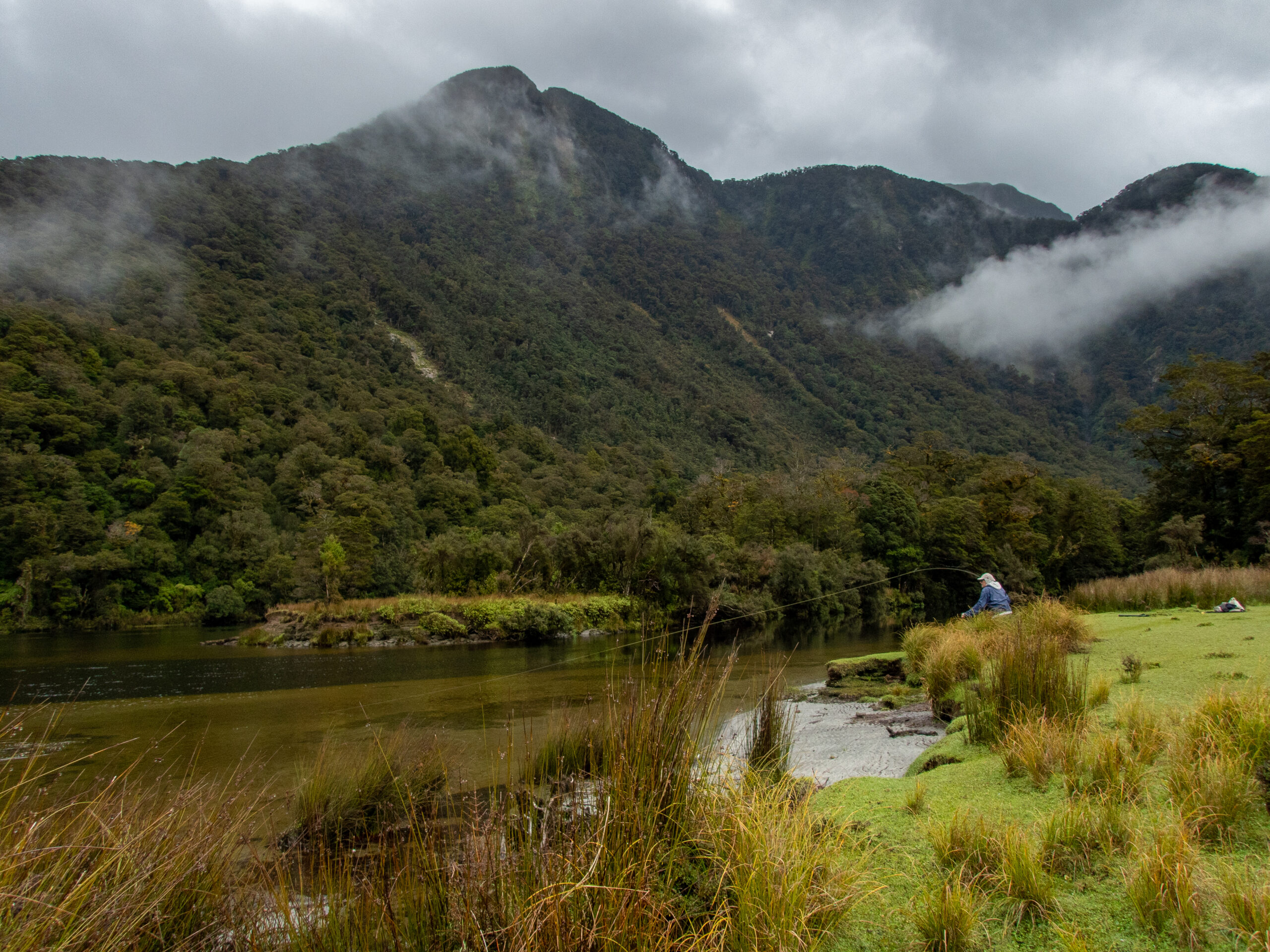
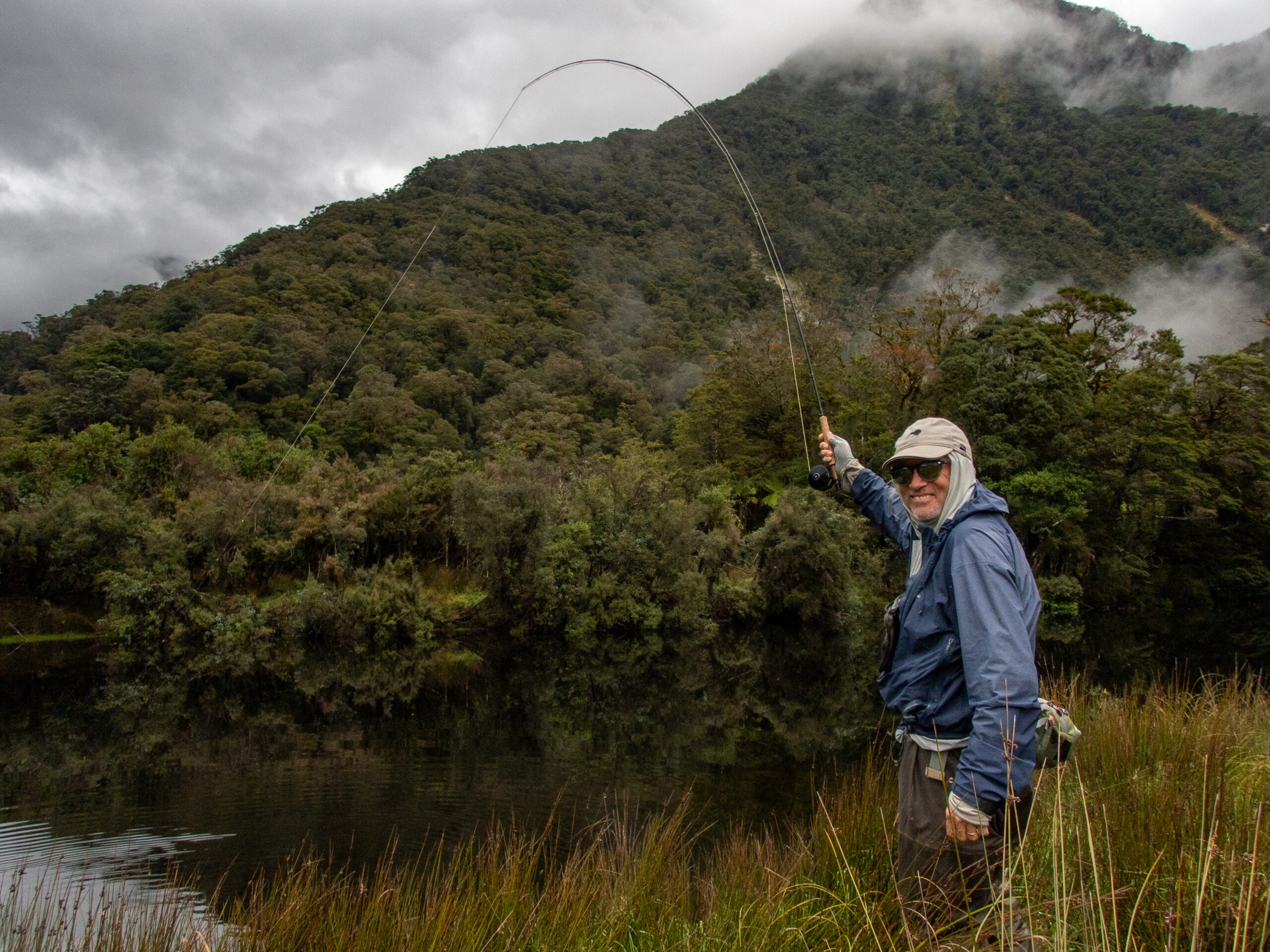
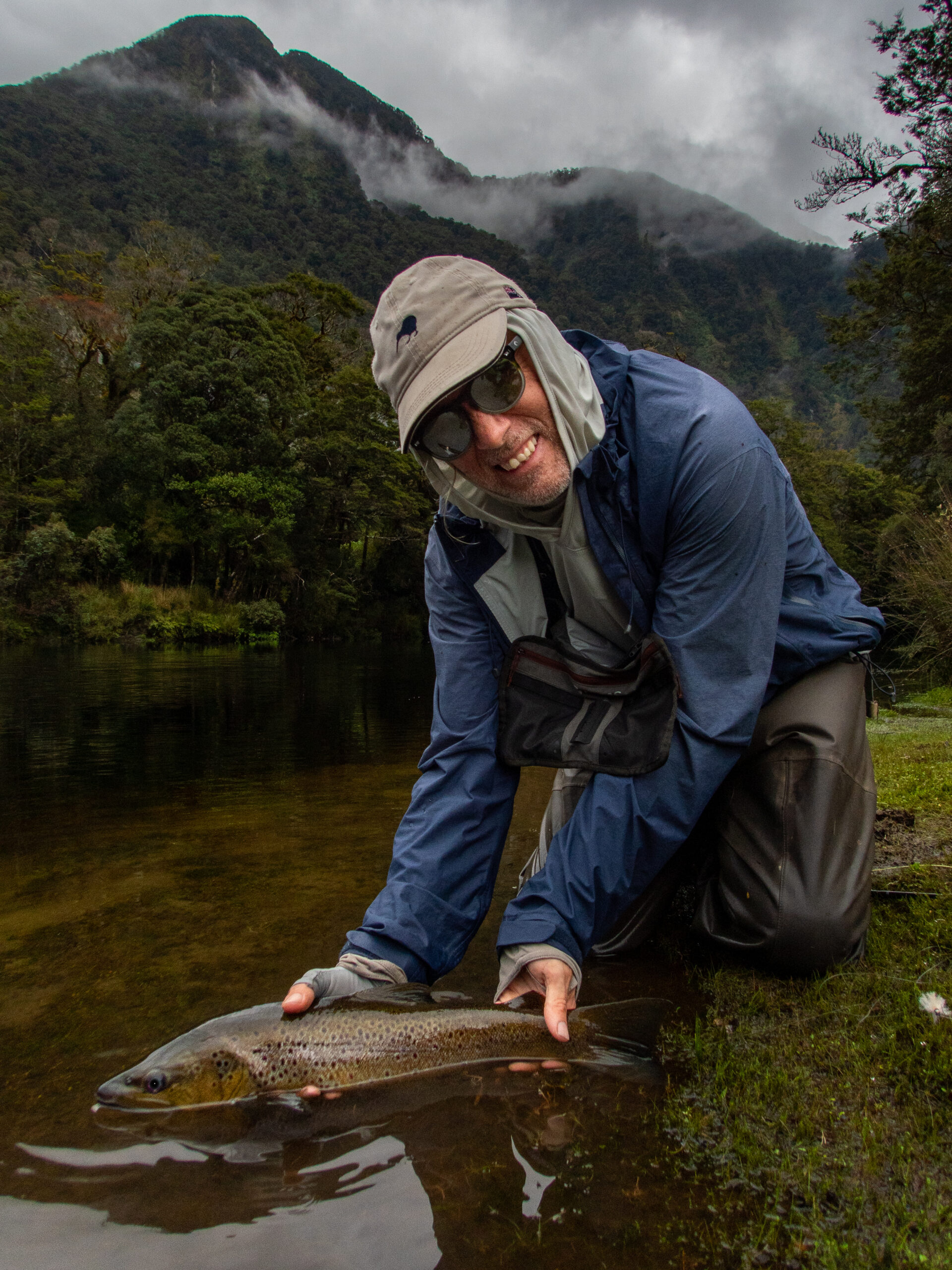

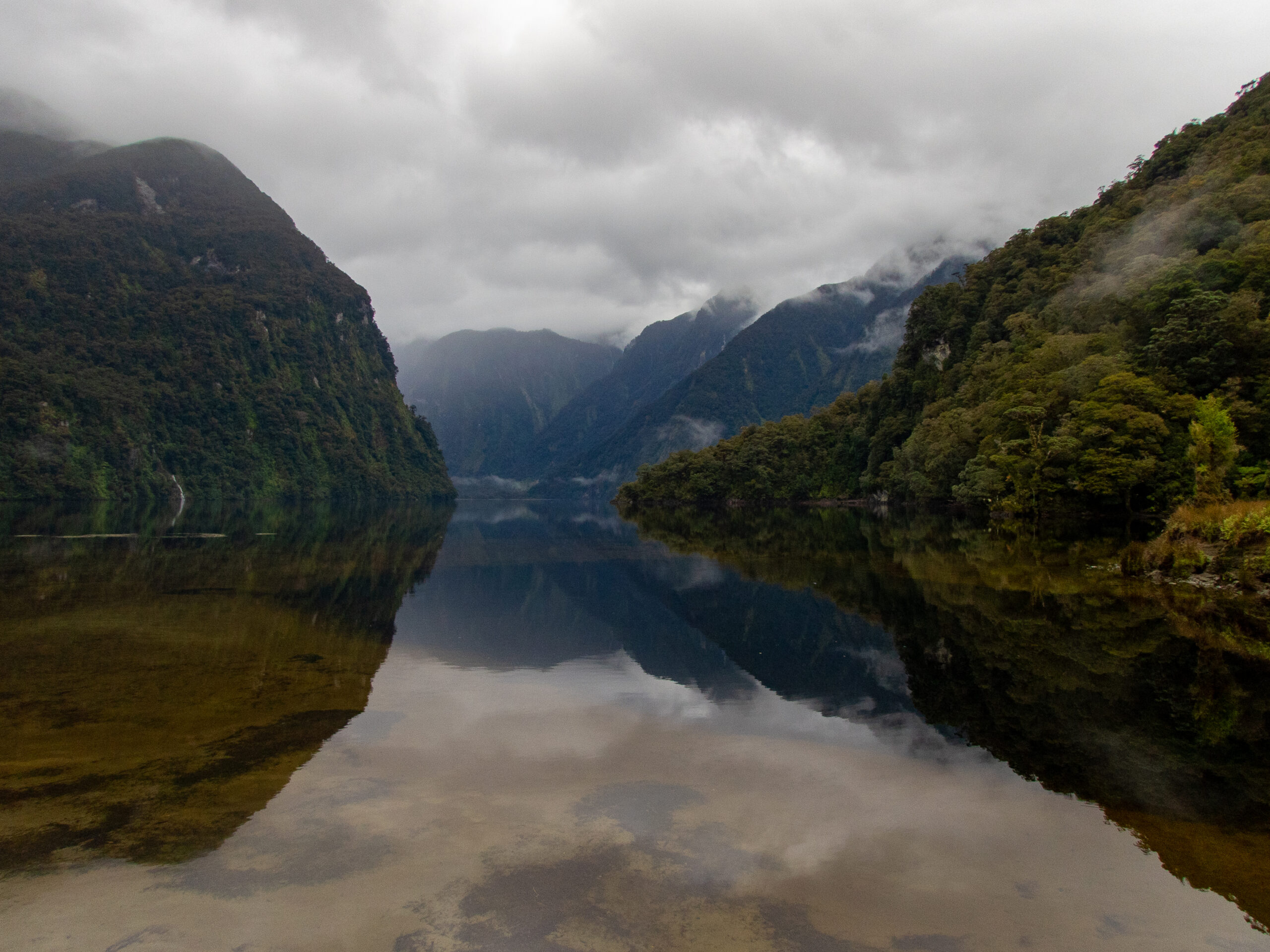
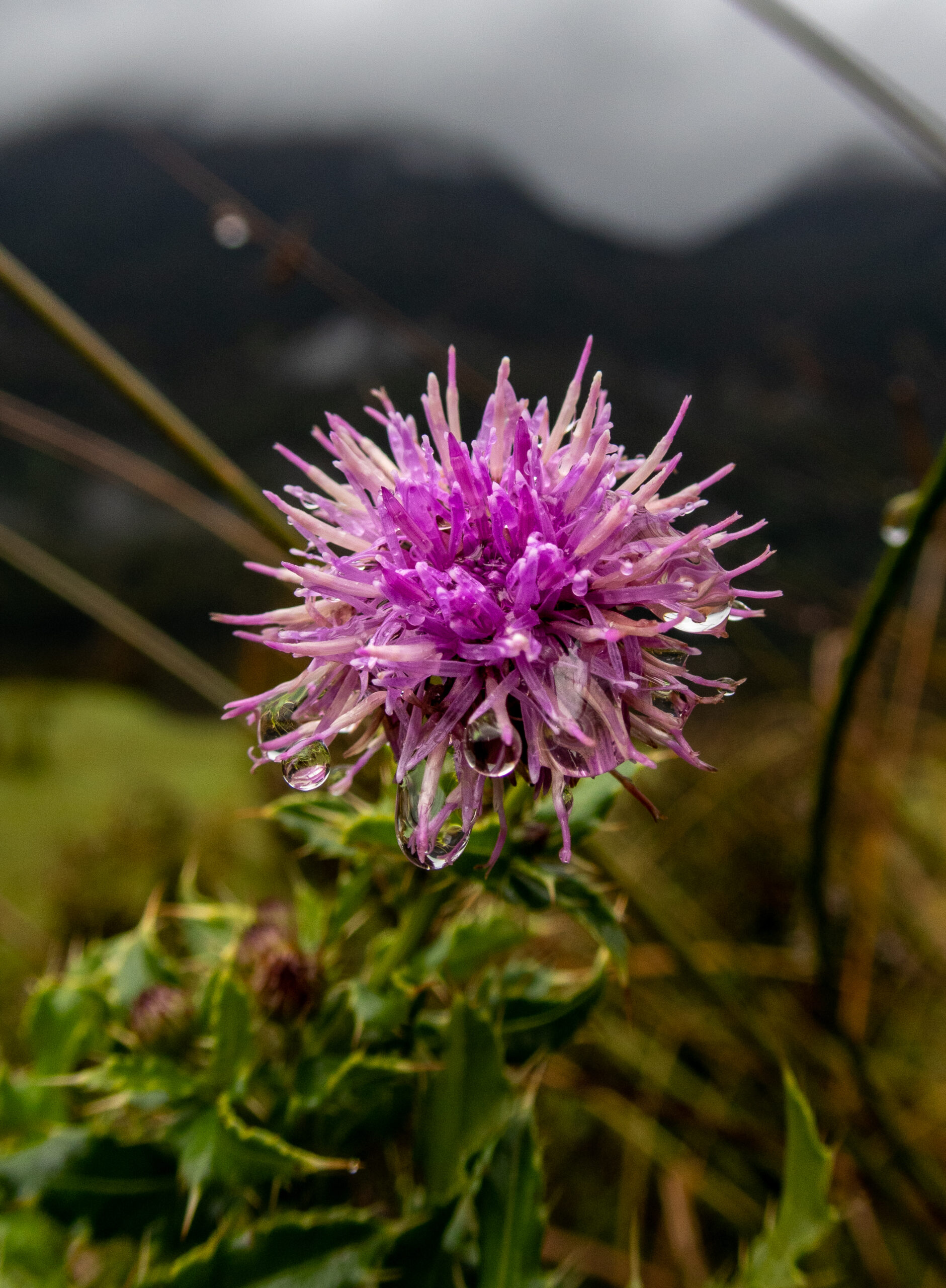
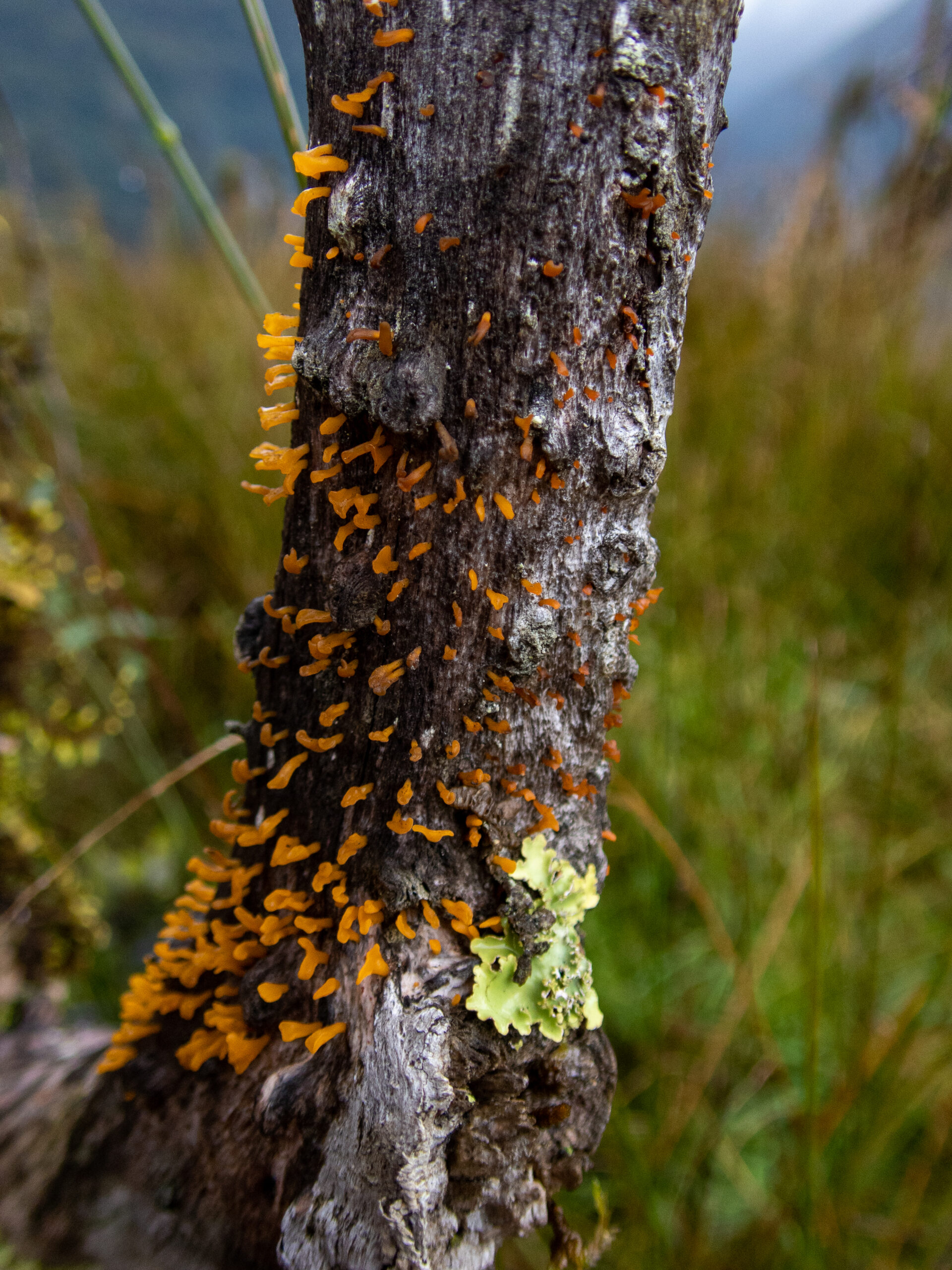
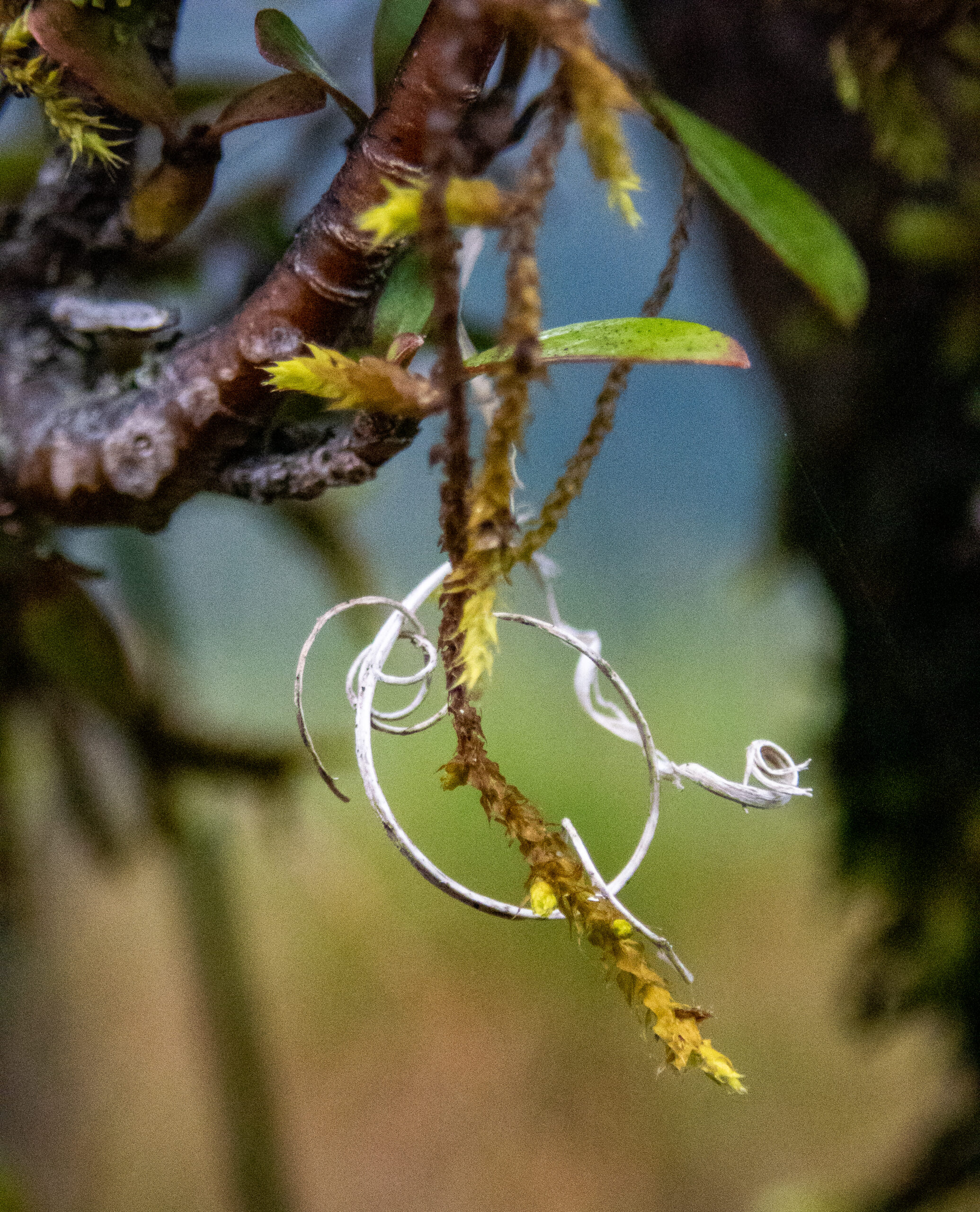

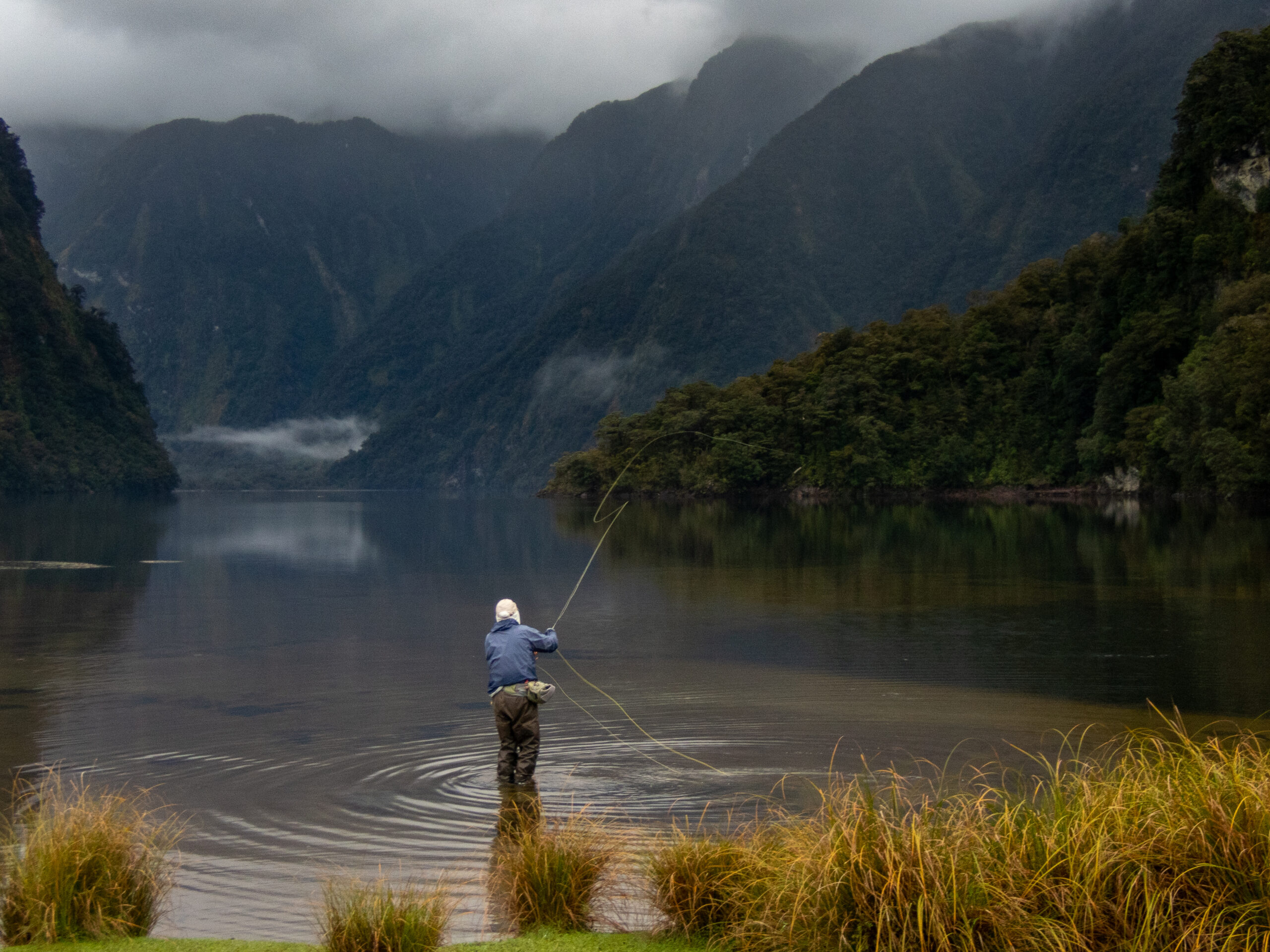
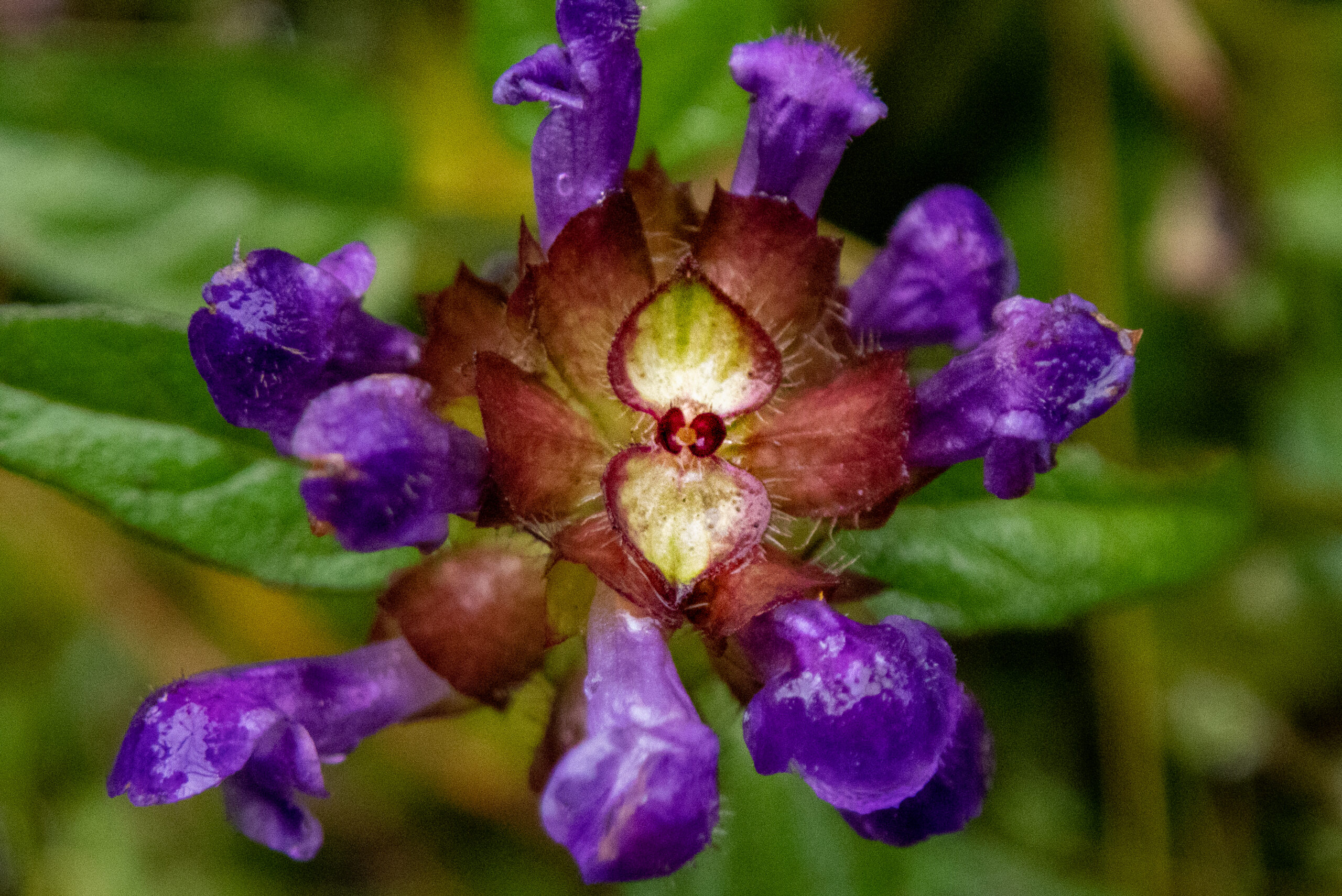
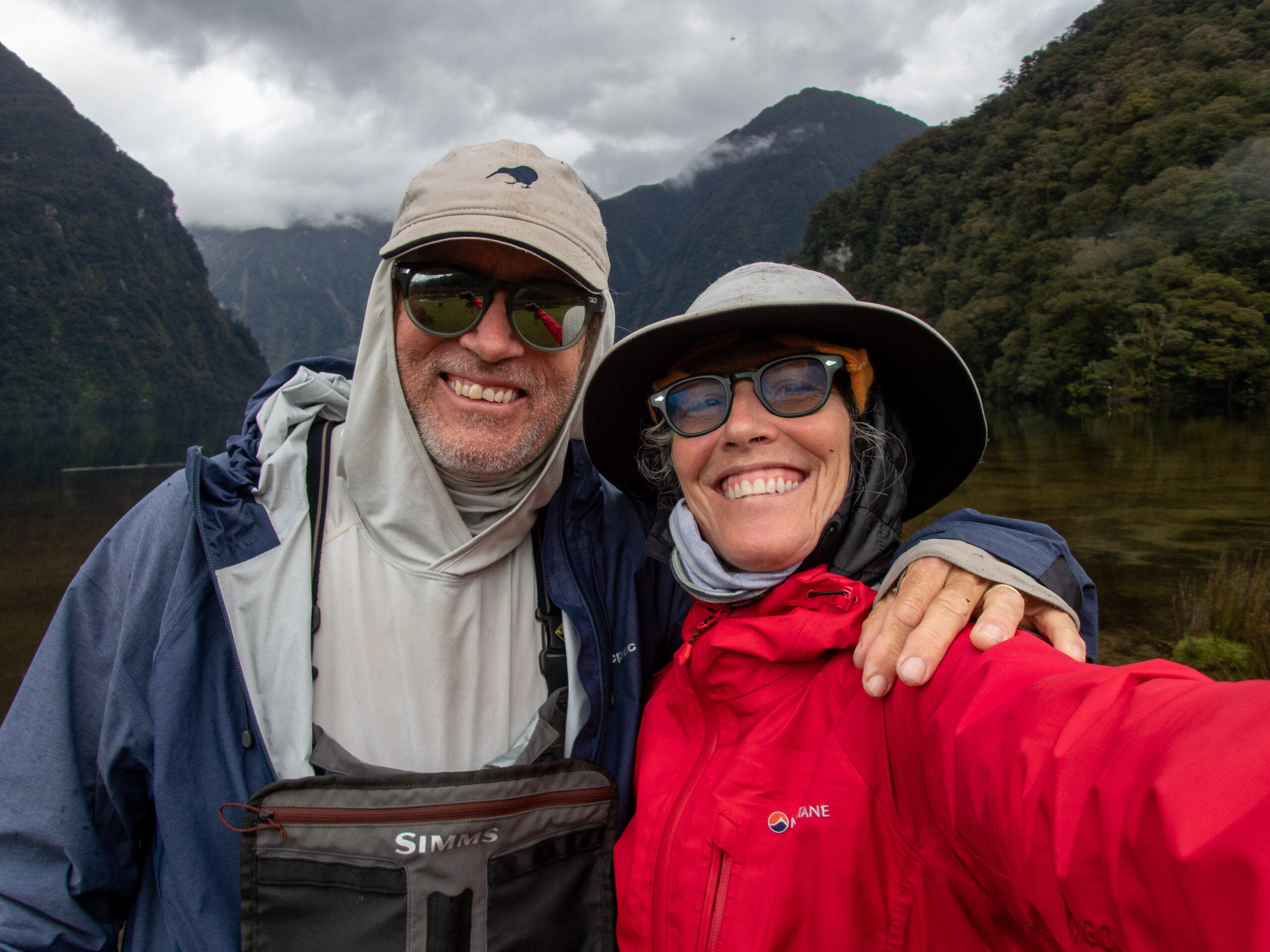
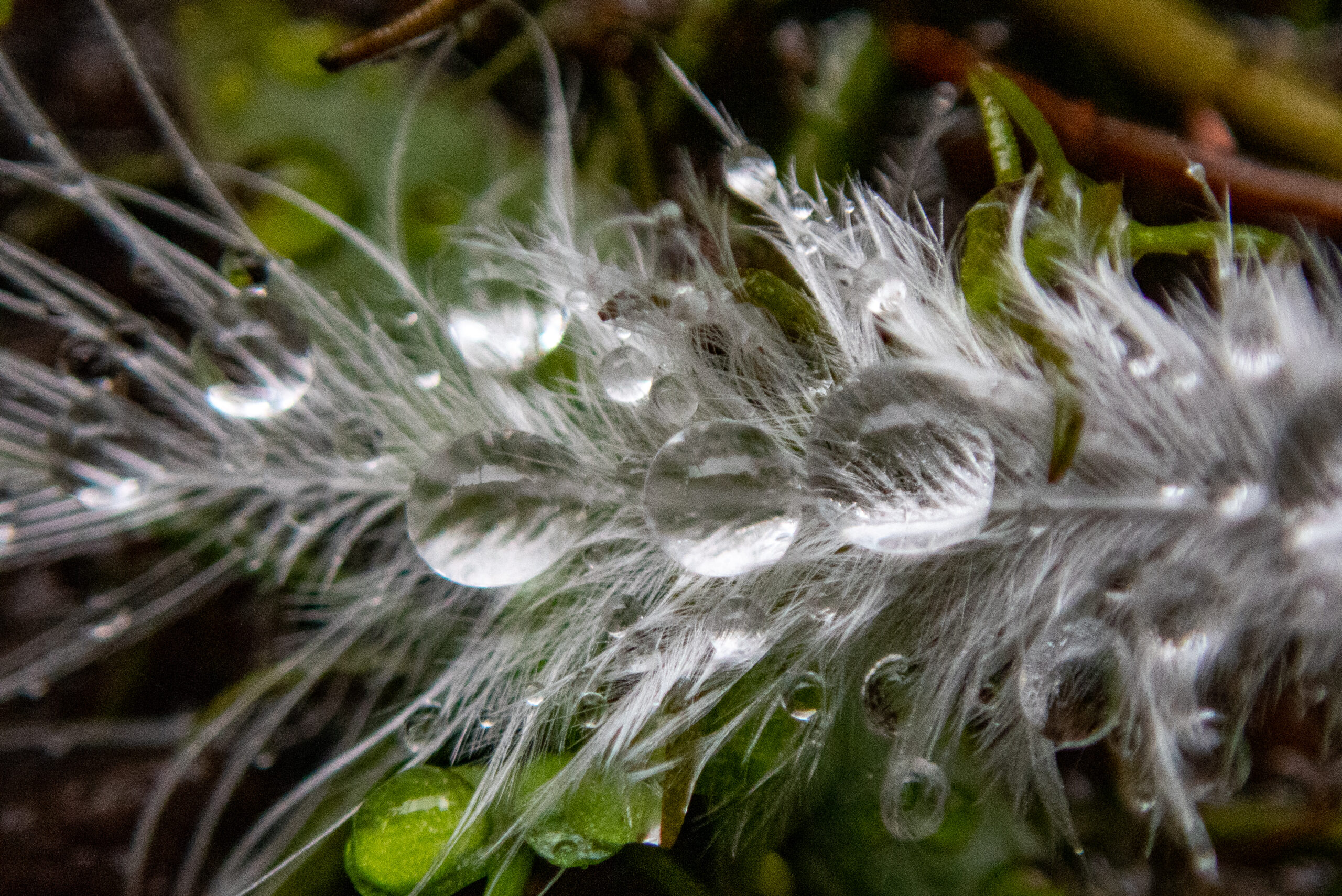
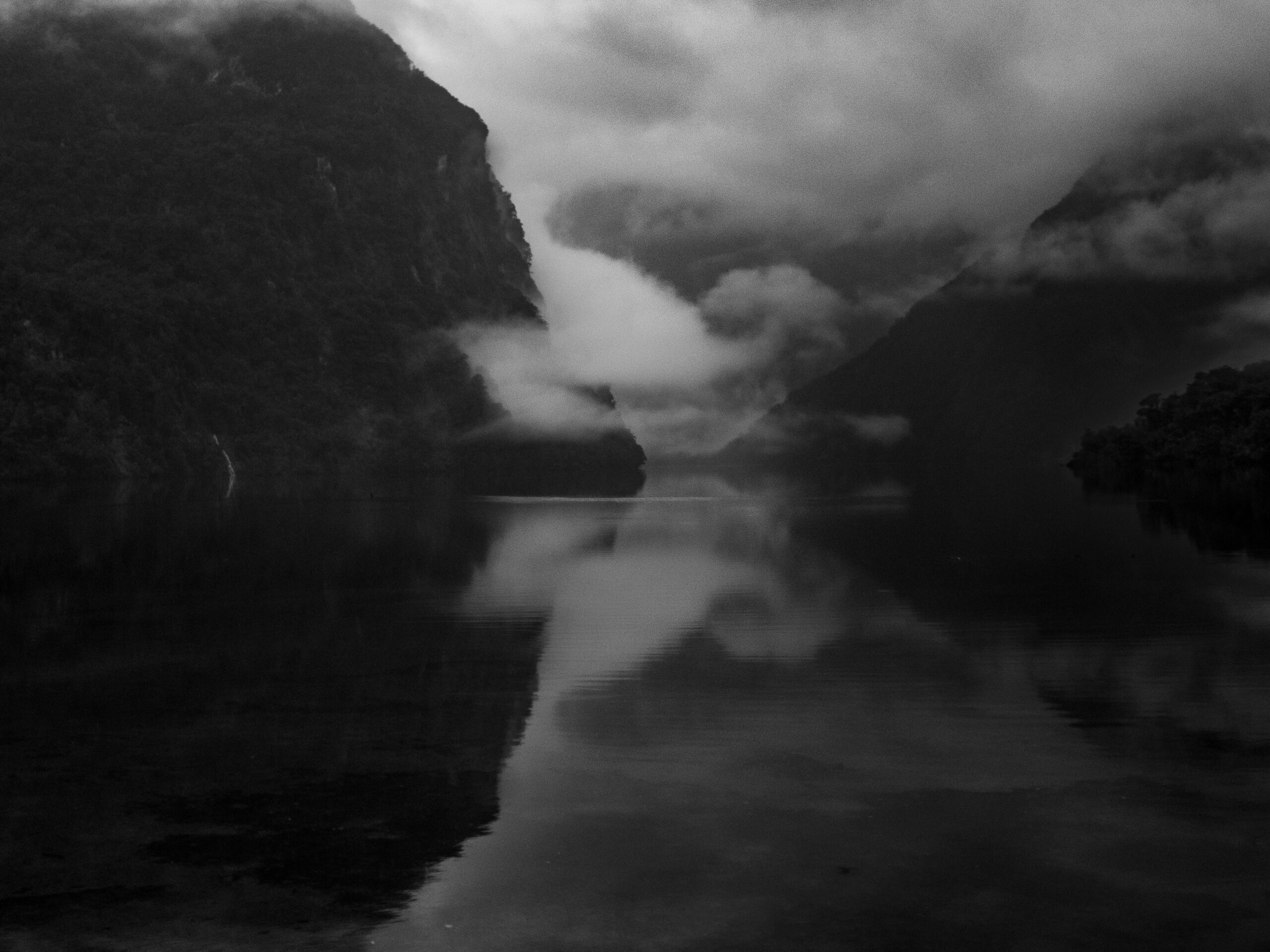
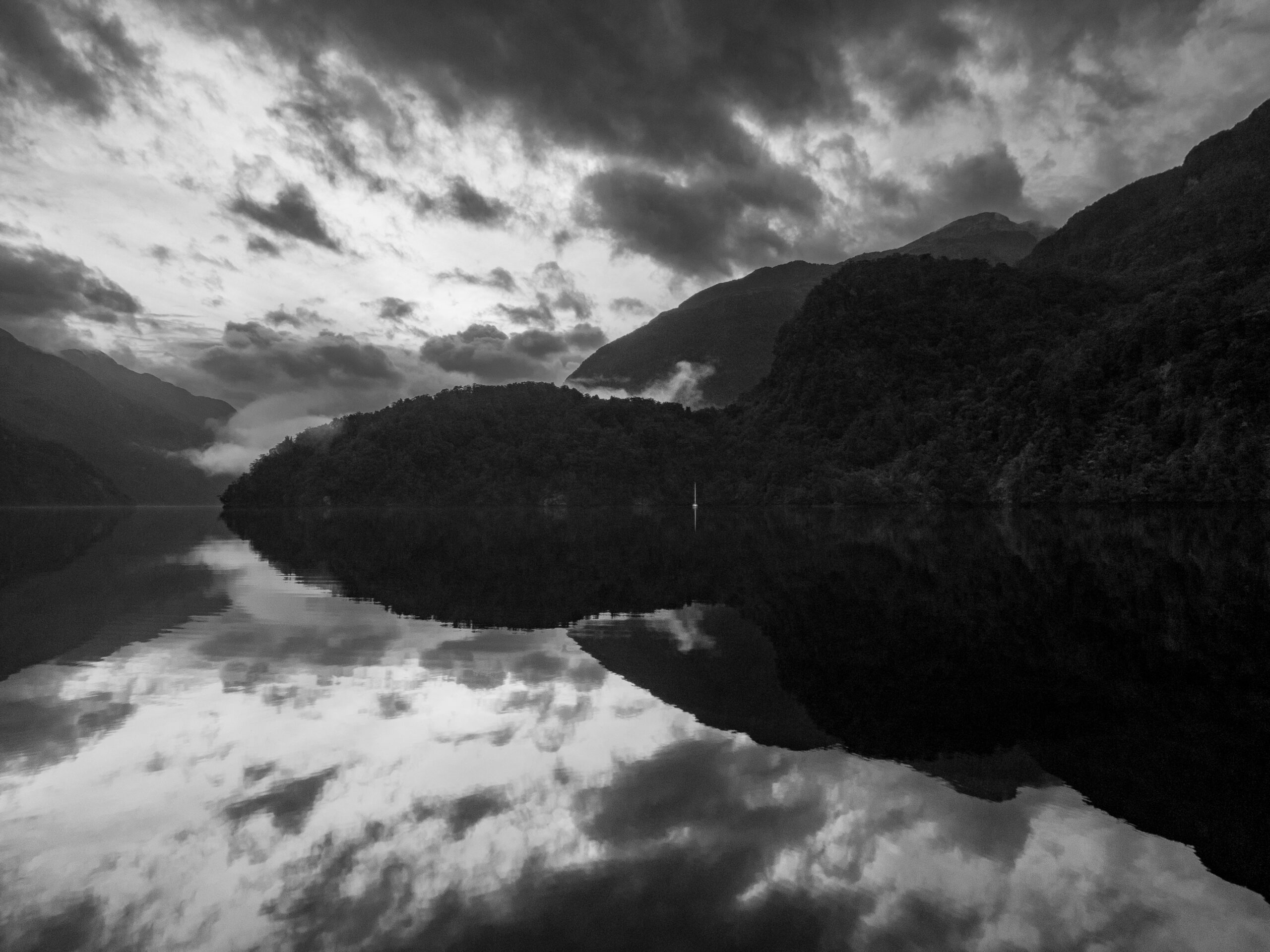

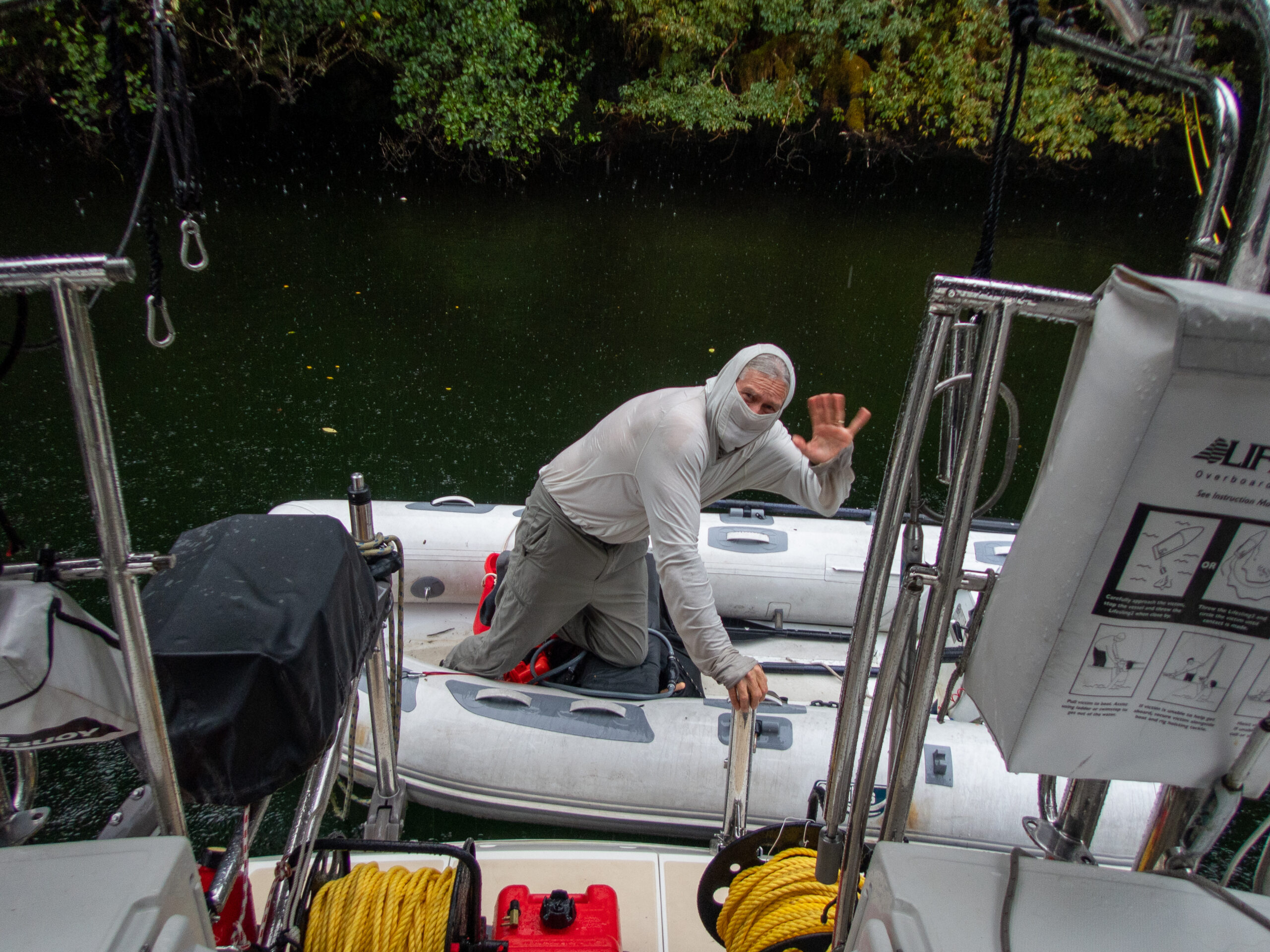
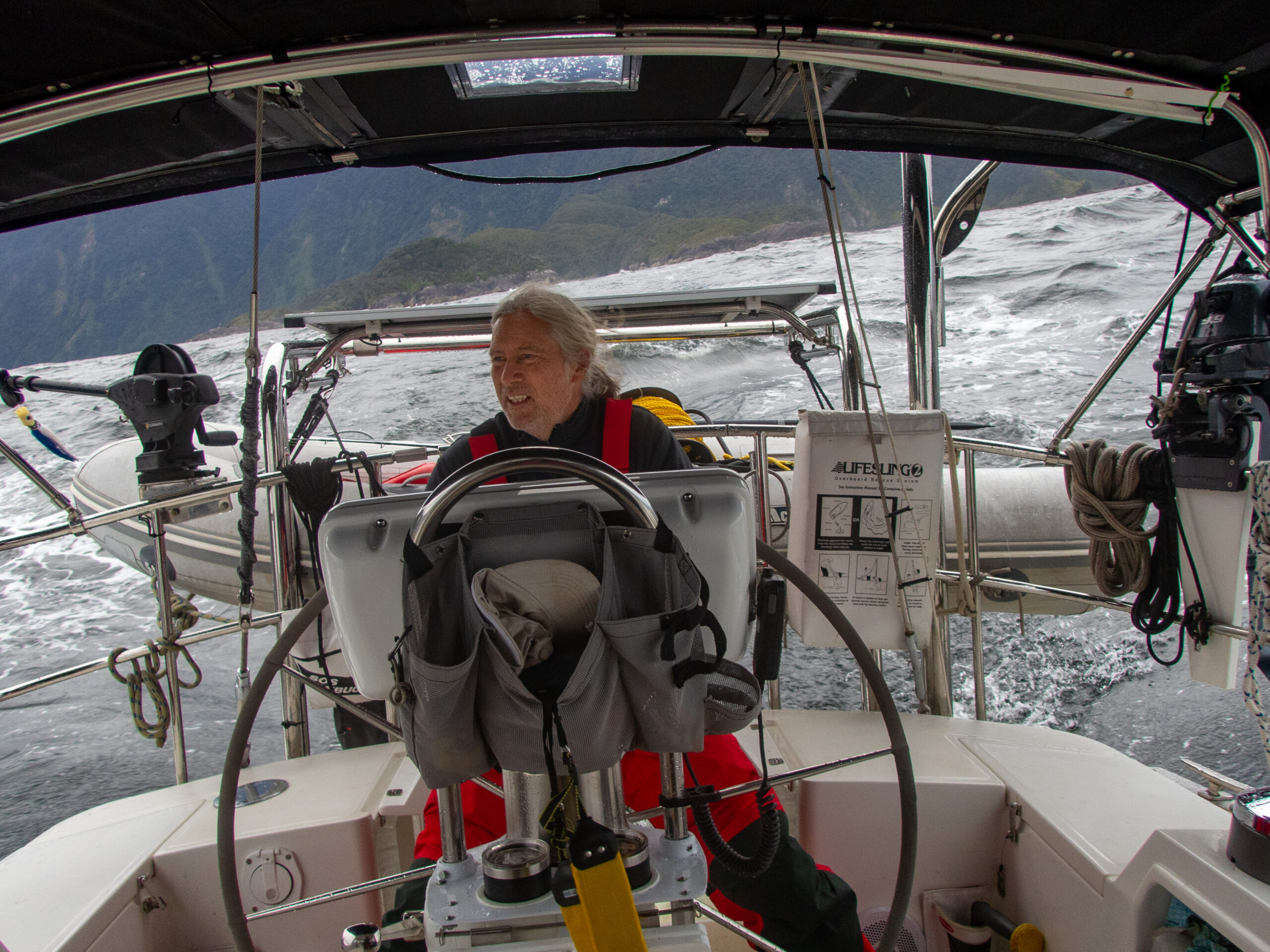
Northward to Charles/Taiporoporo Sound, Mesmerizing – Fiordland
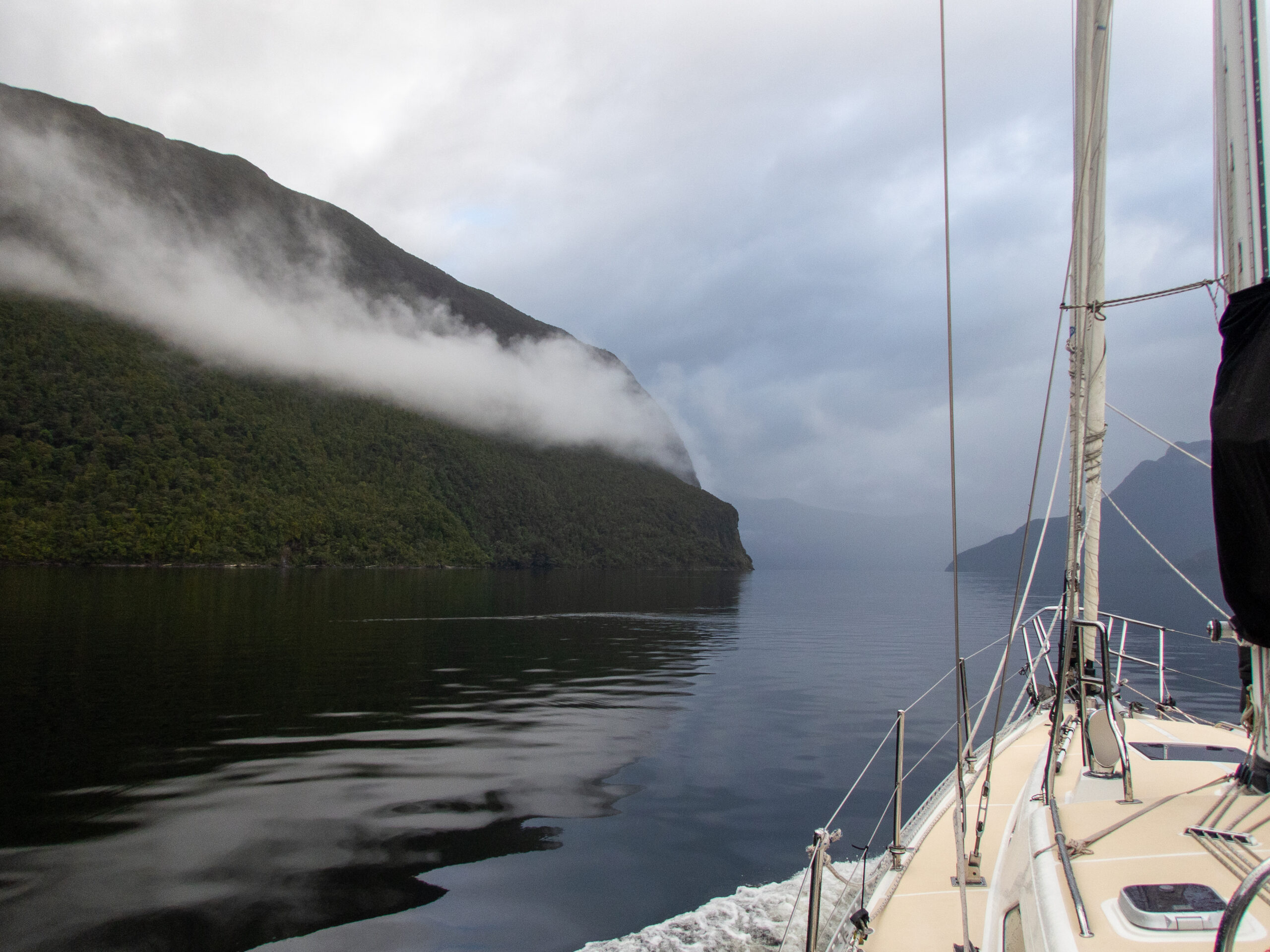
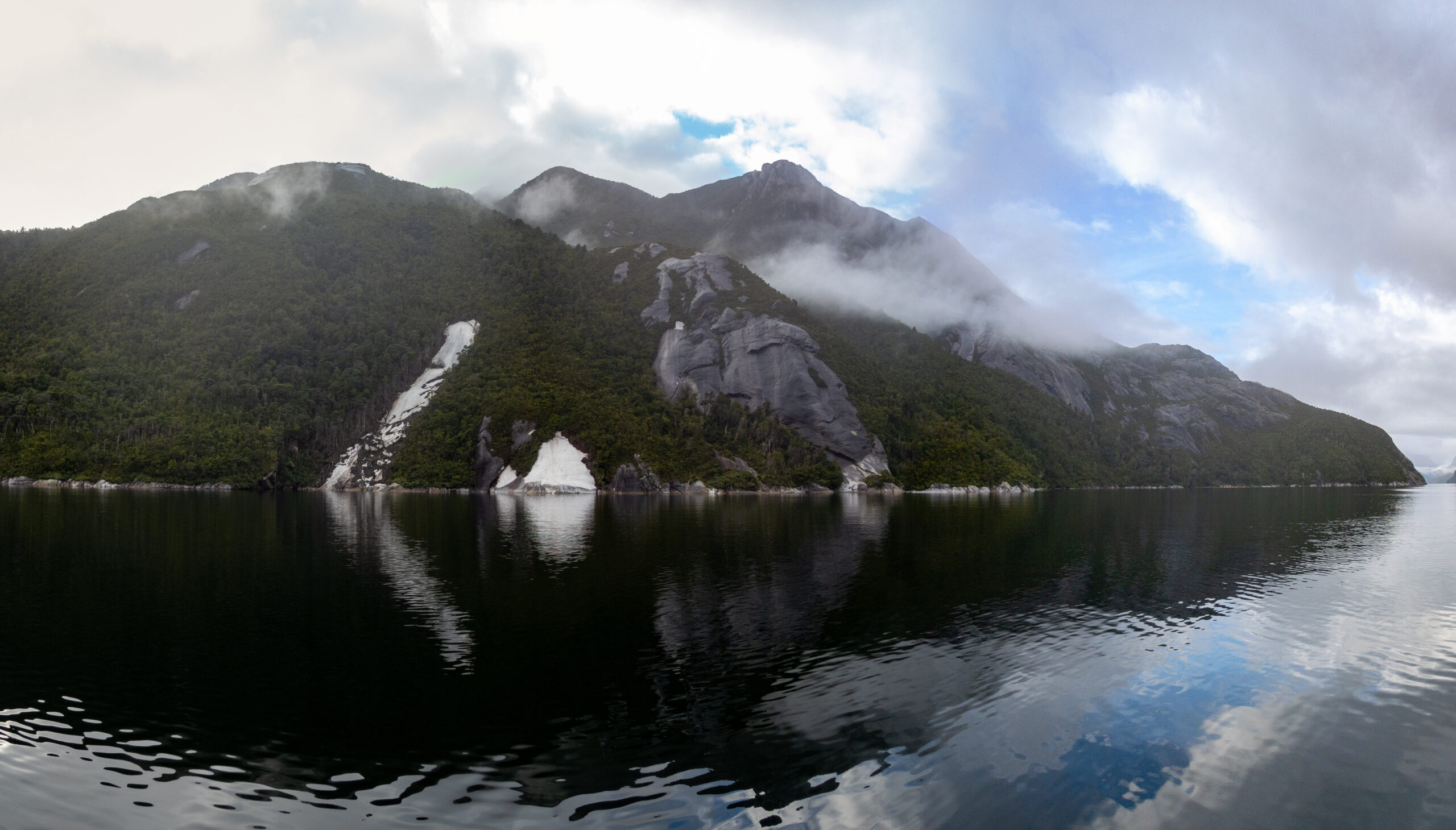
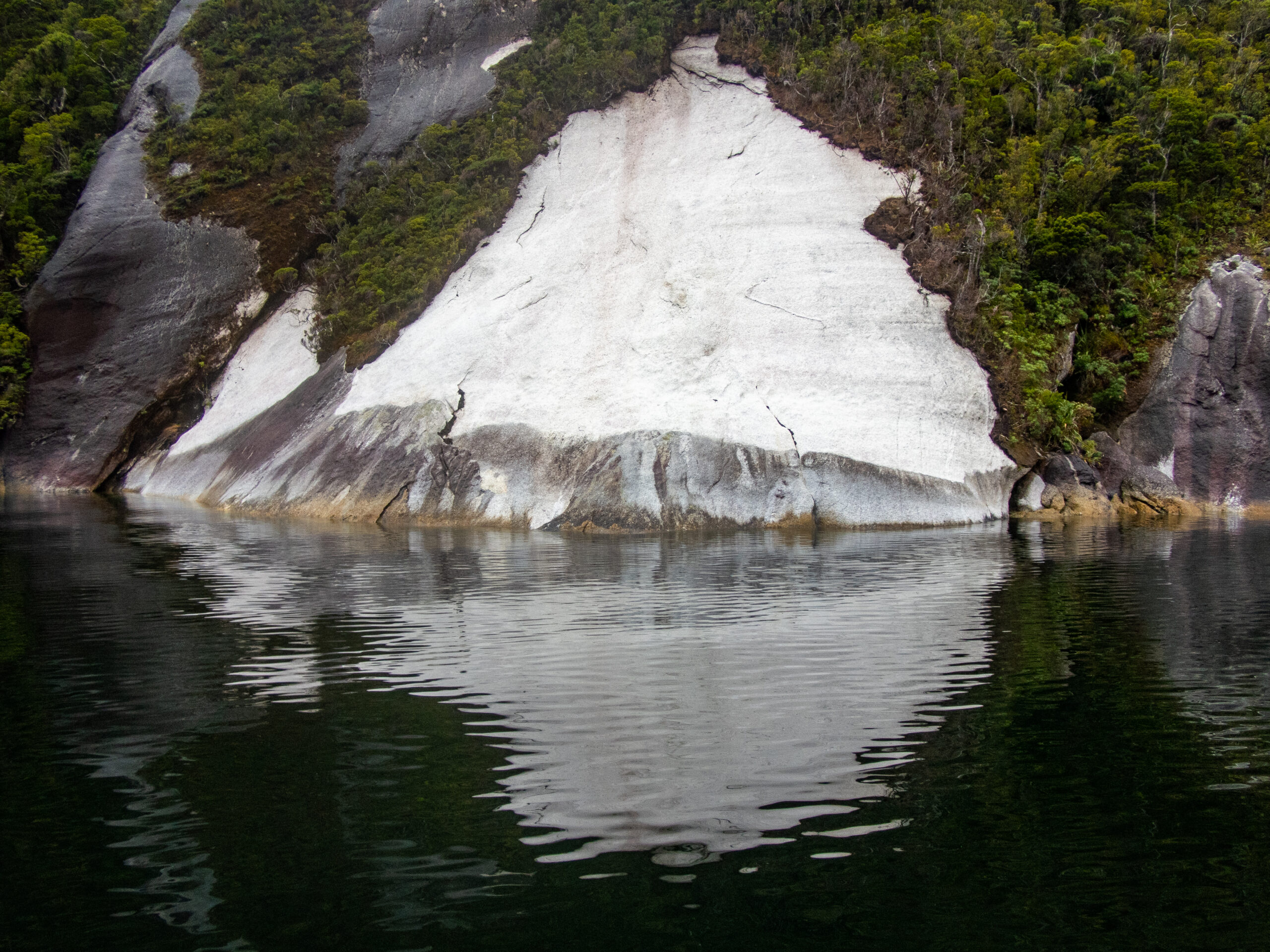
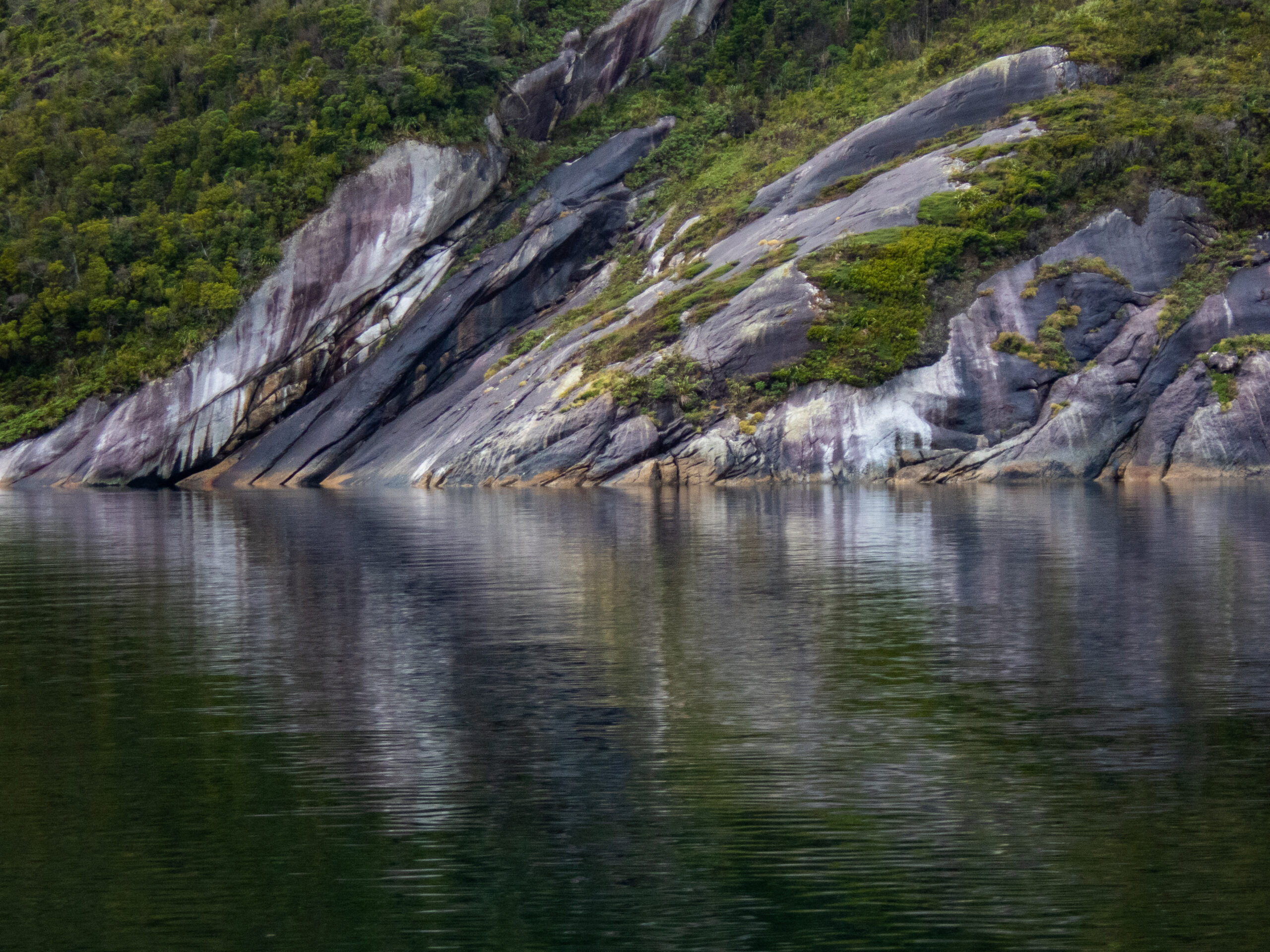
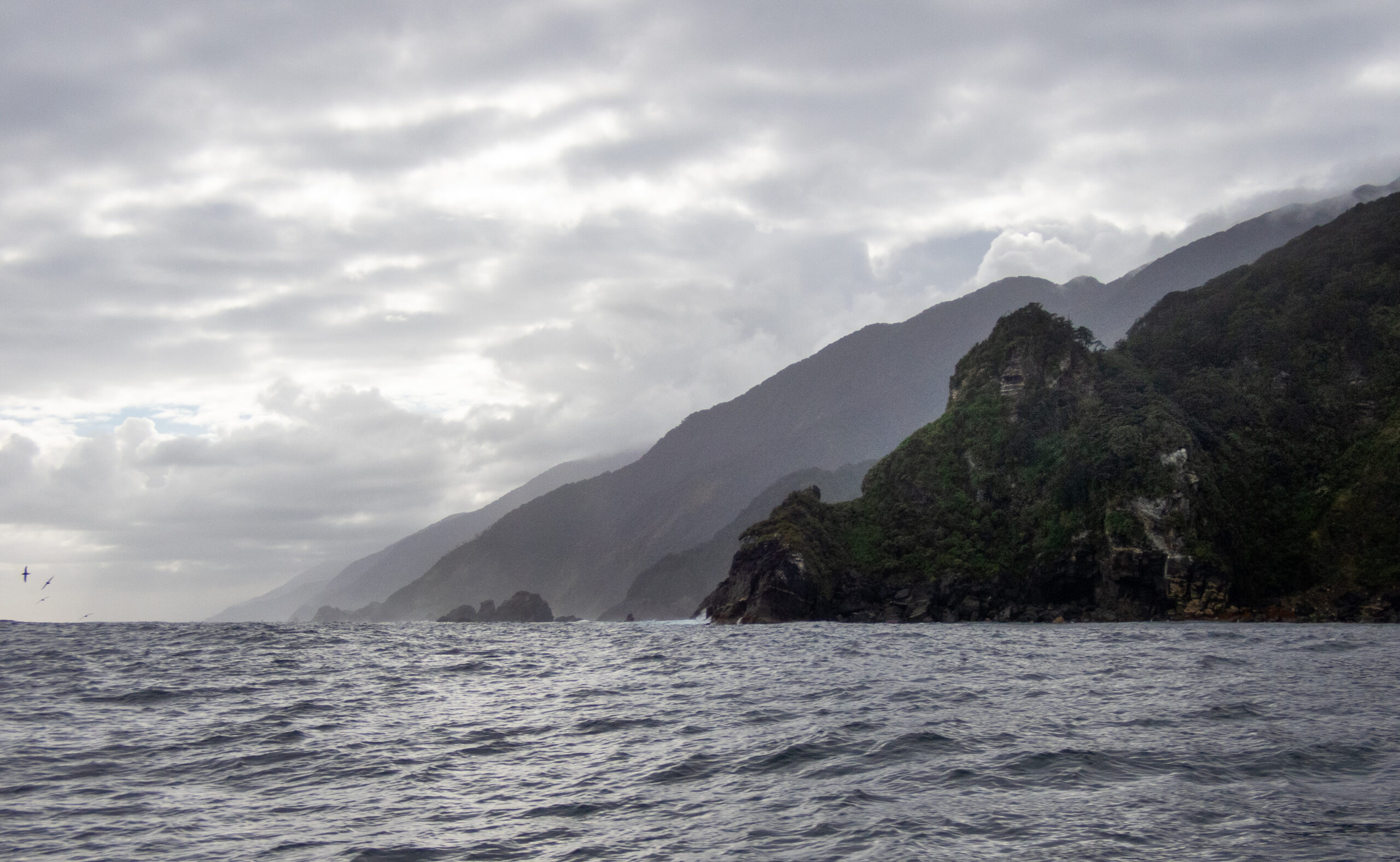
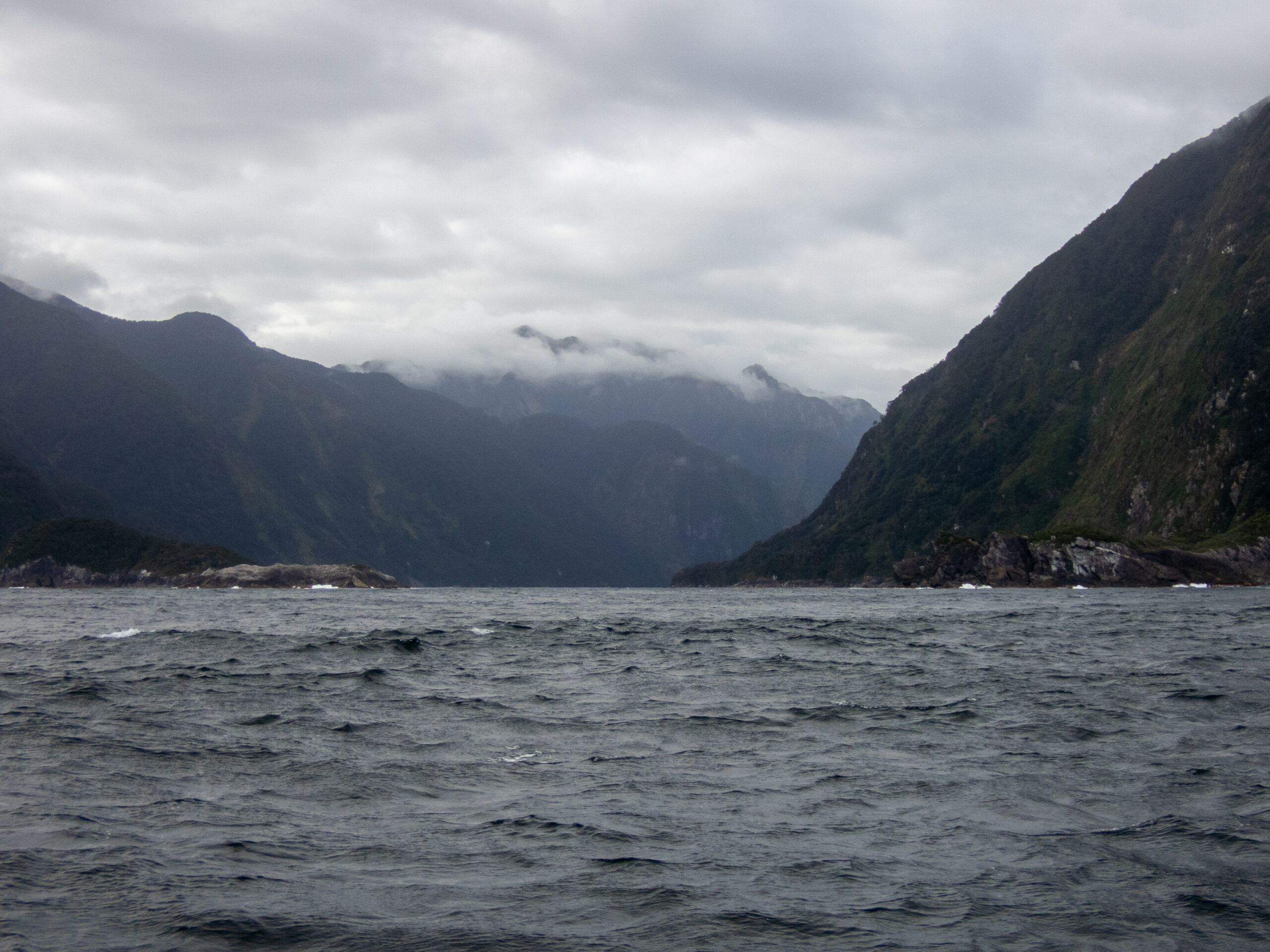

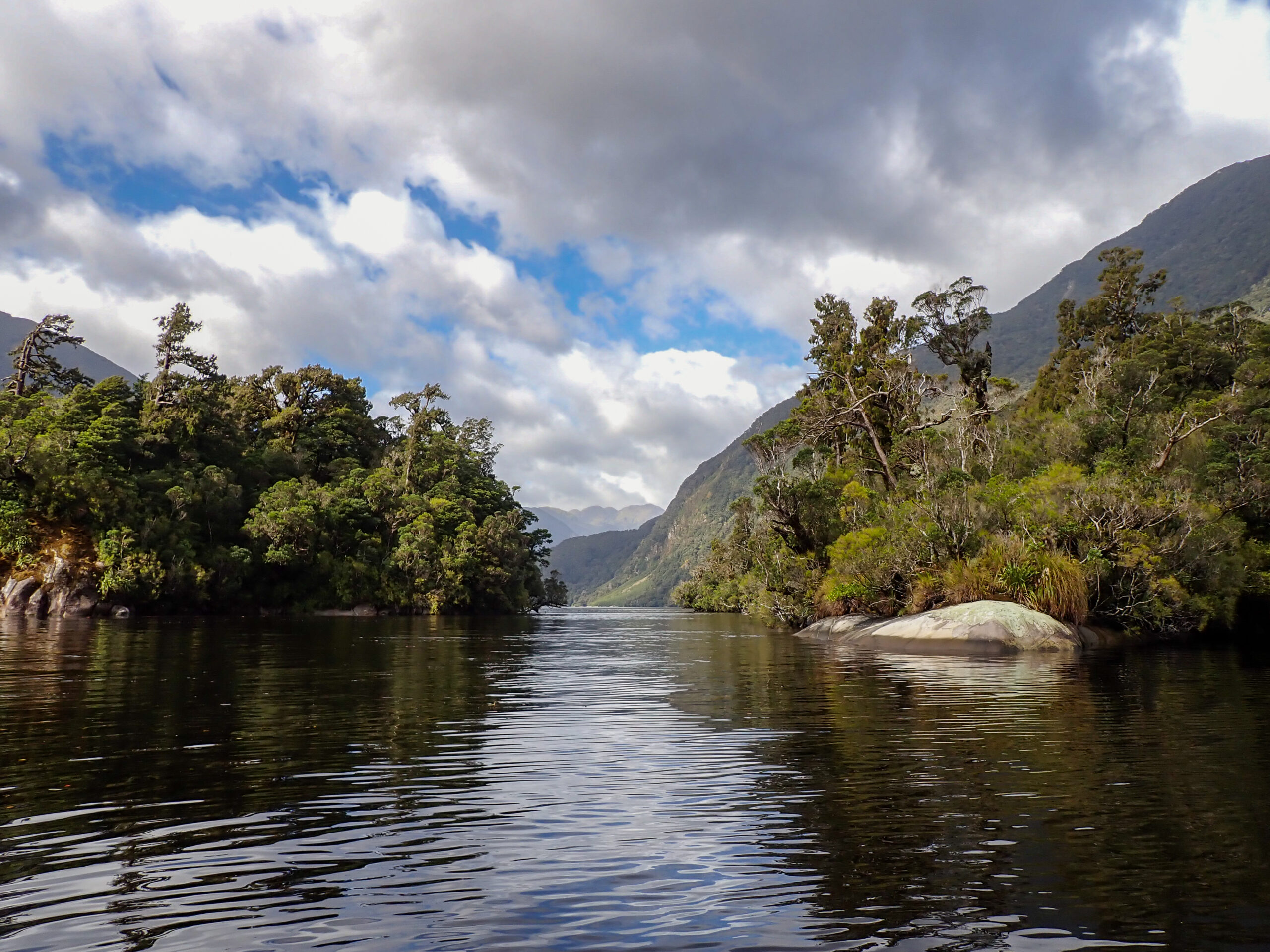
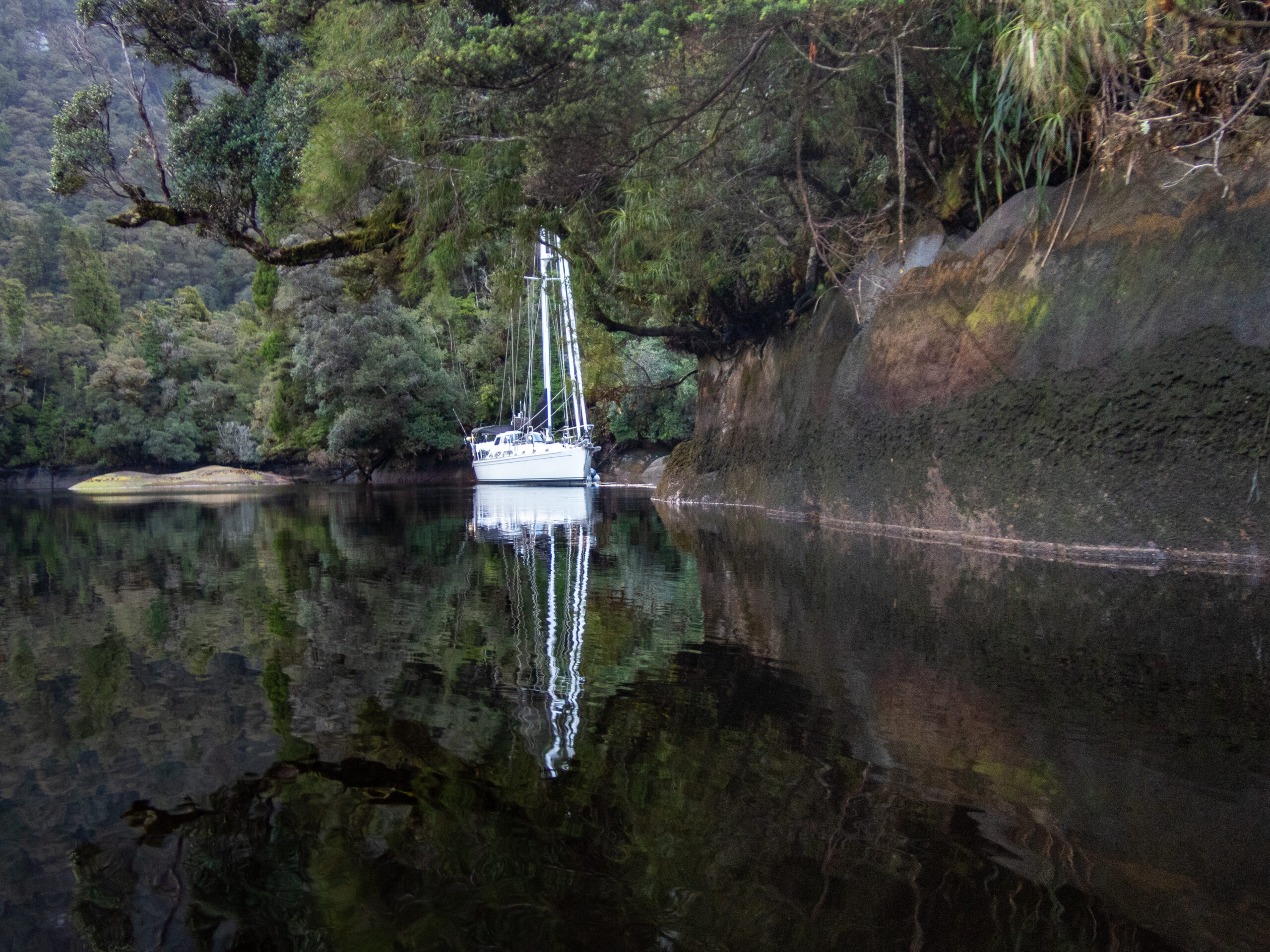


Abstracts
My favorite of Diana’s photographs from Fiordland are the “abstracts,” which she discovers by looking in a very careful, unique way, at the tidal line along the rocks, that magical transitional space between the hidden world underwater and the green, vibrant life-on-fire world above. Bare stone, stained and painted with time and color, bent and reflected by the still, secret, freshwater shimmering over the tide, the infinite, creative capacity of nature. Diana uses framing to share this vision, to point out Nature’s mastery of abstract art. It’s no surprise (and no accident) that these images feel so profoundly connected to her mosaic work. Most of the time these photographic expeditions are her solo meditations, which she shares with me when she gets back to Allora (after hours in the kayak!). But I’ve also been with her, paddling Namo gently into position, sitting right next to her, appreciating the wholeness of a beautiful place but without quite seeing what she is seeing. These images, for me, represent a particular (and particularly magical) collaboration between Diana and this very, very special world we are navigating in Fiordland.~MS
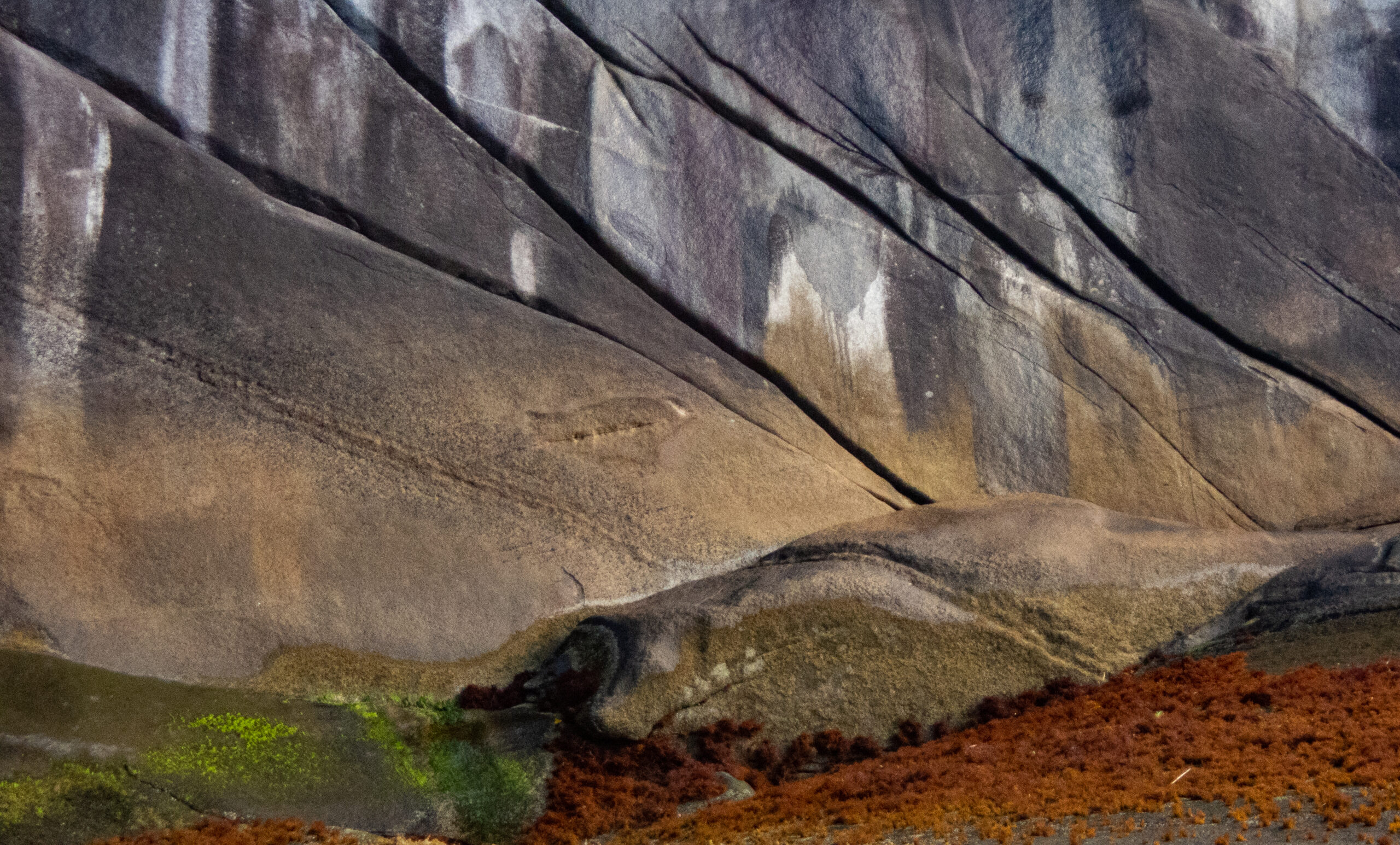

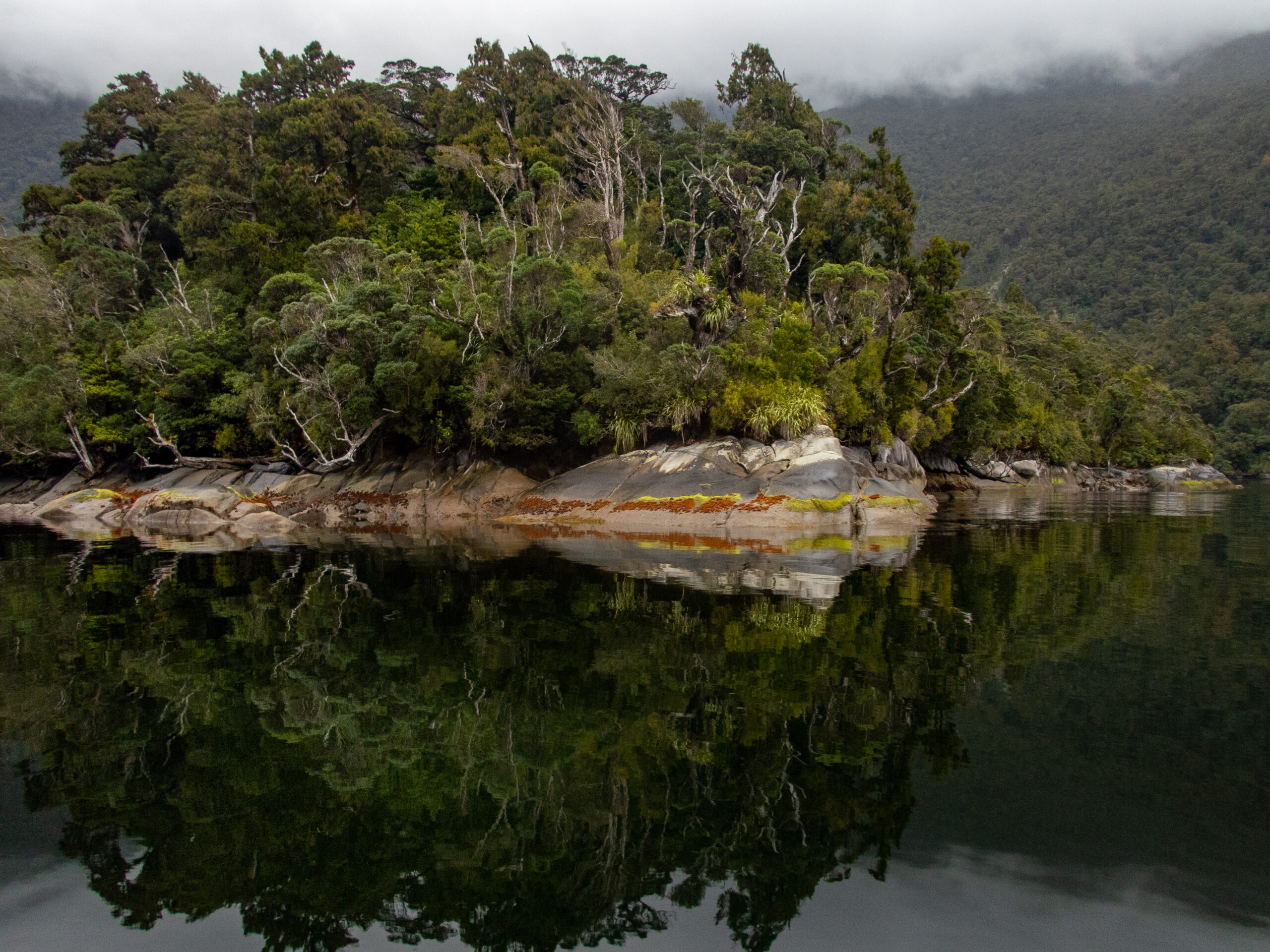
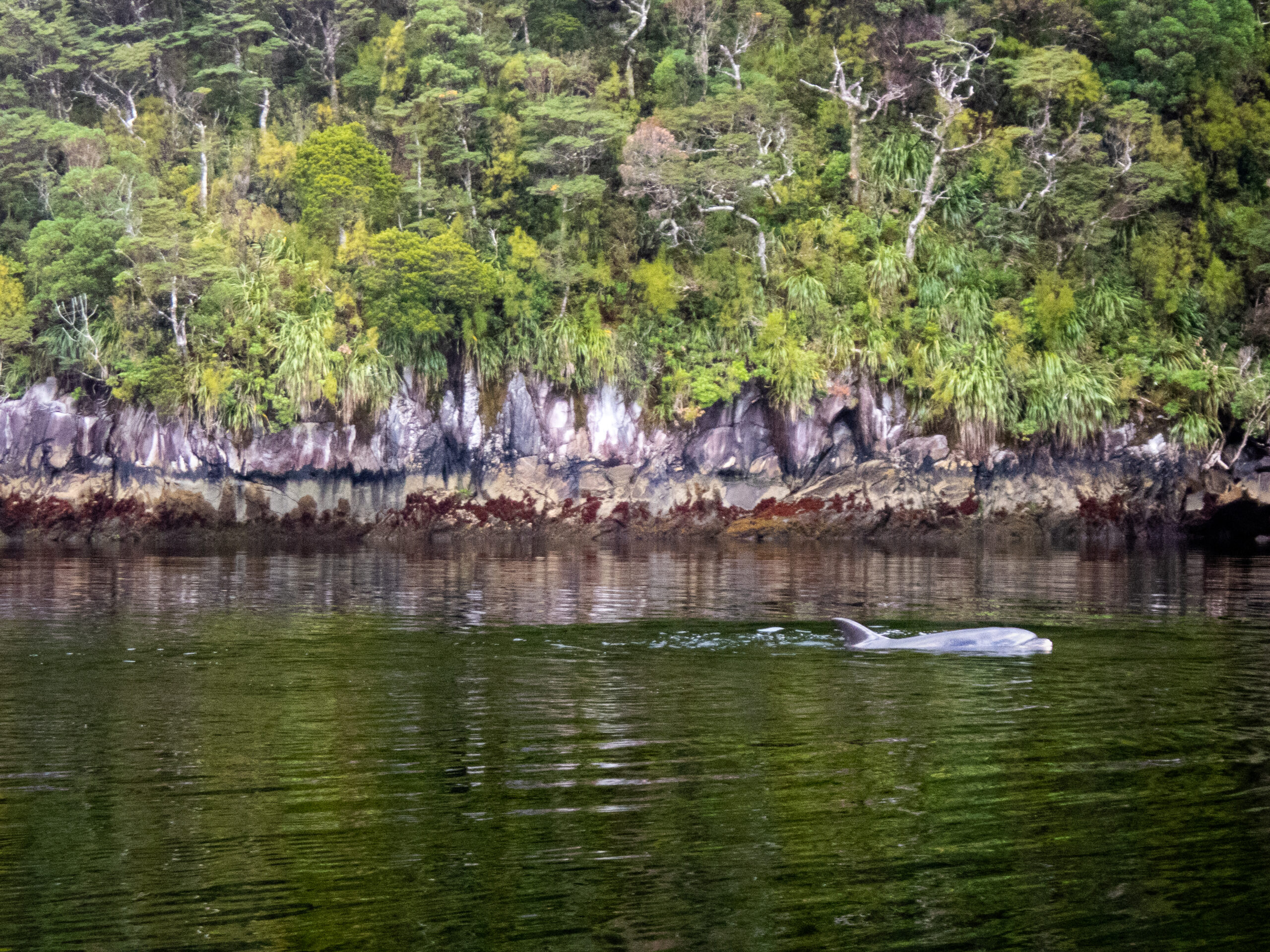
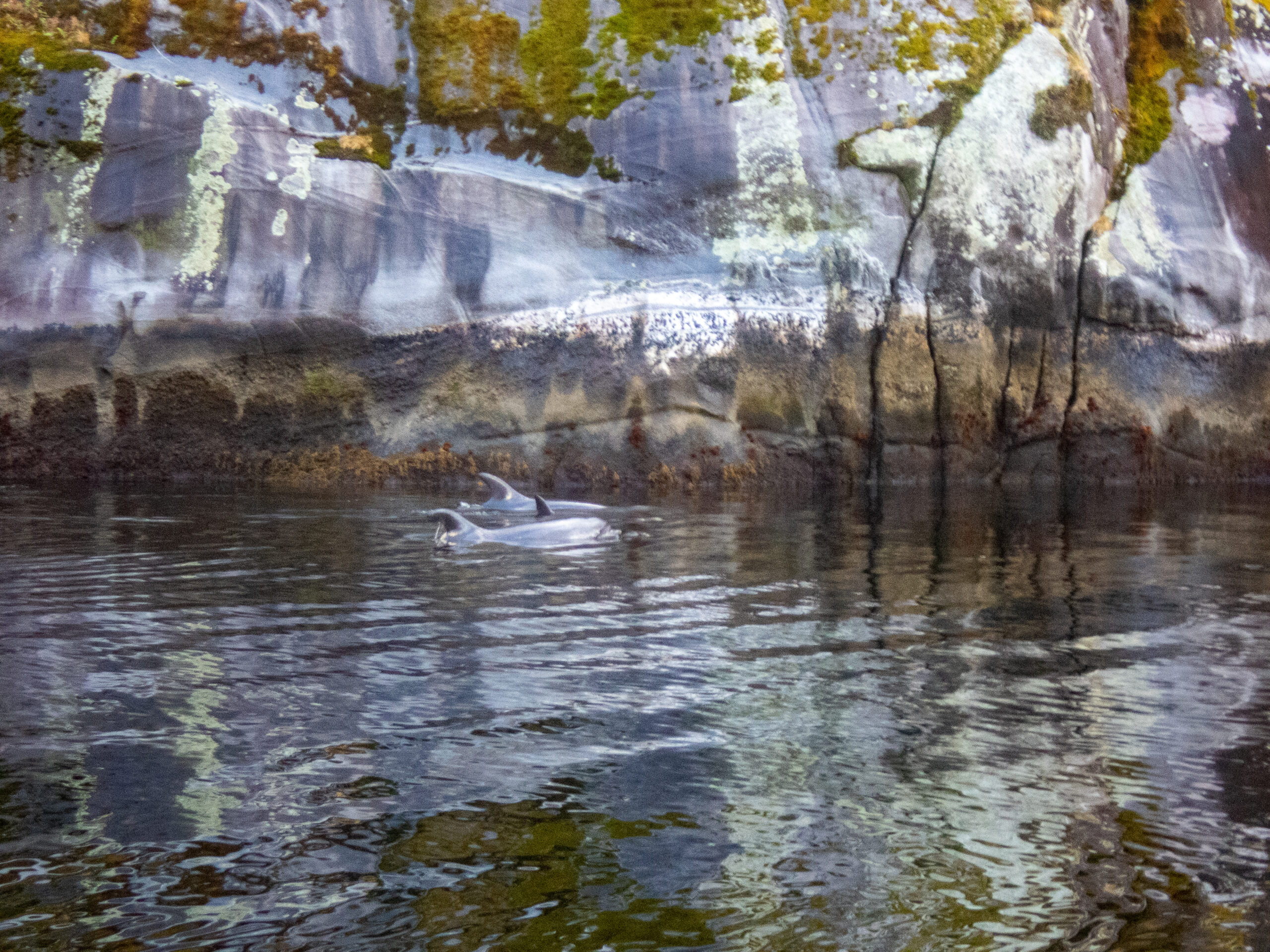
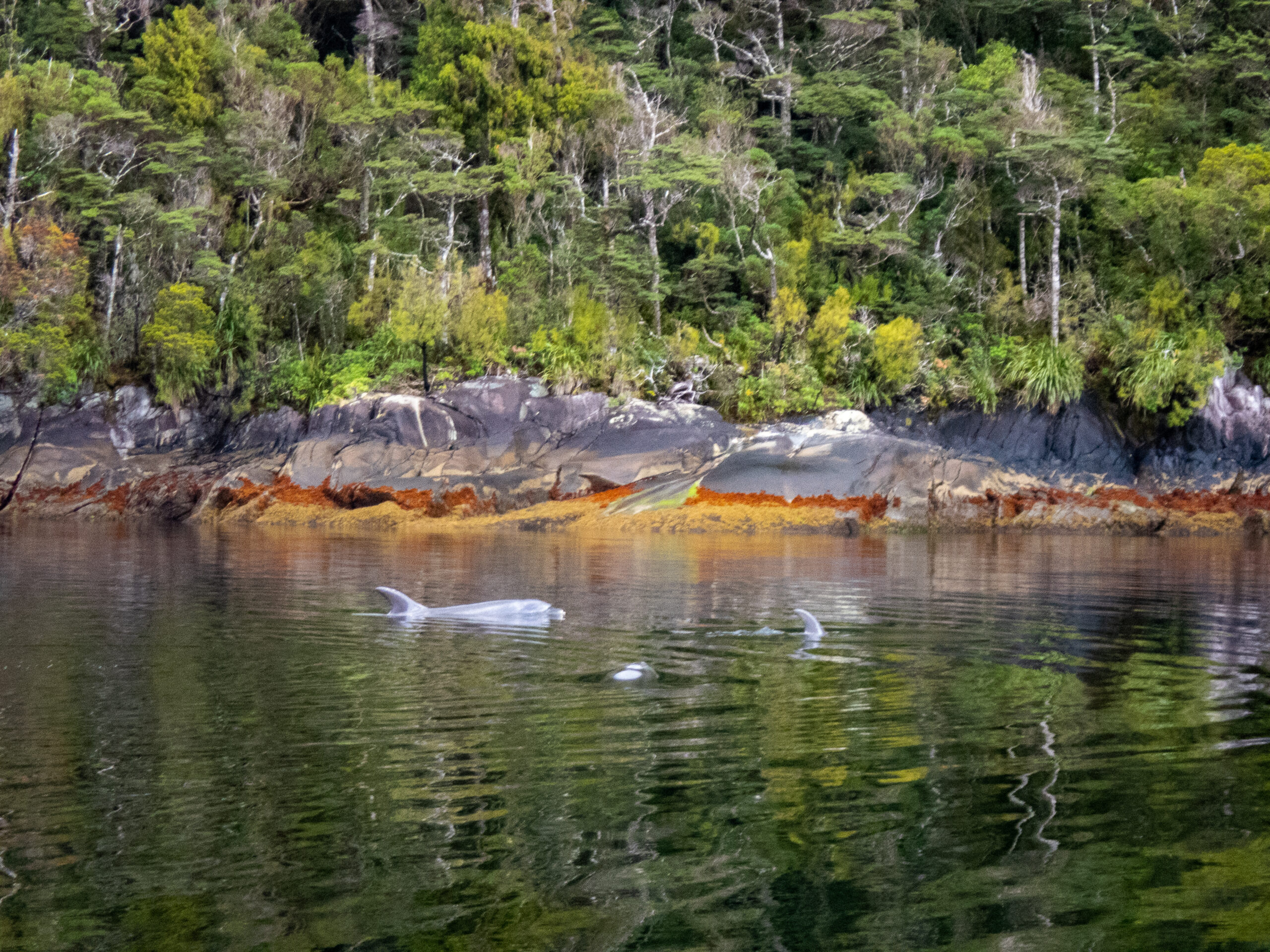


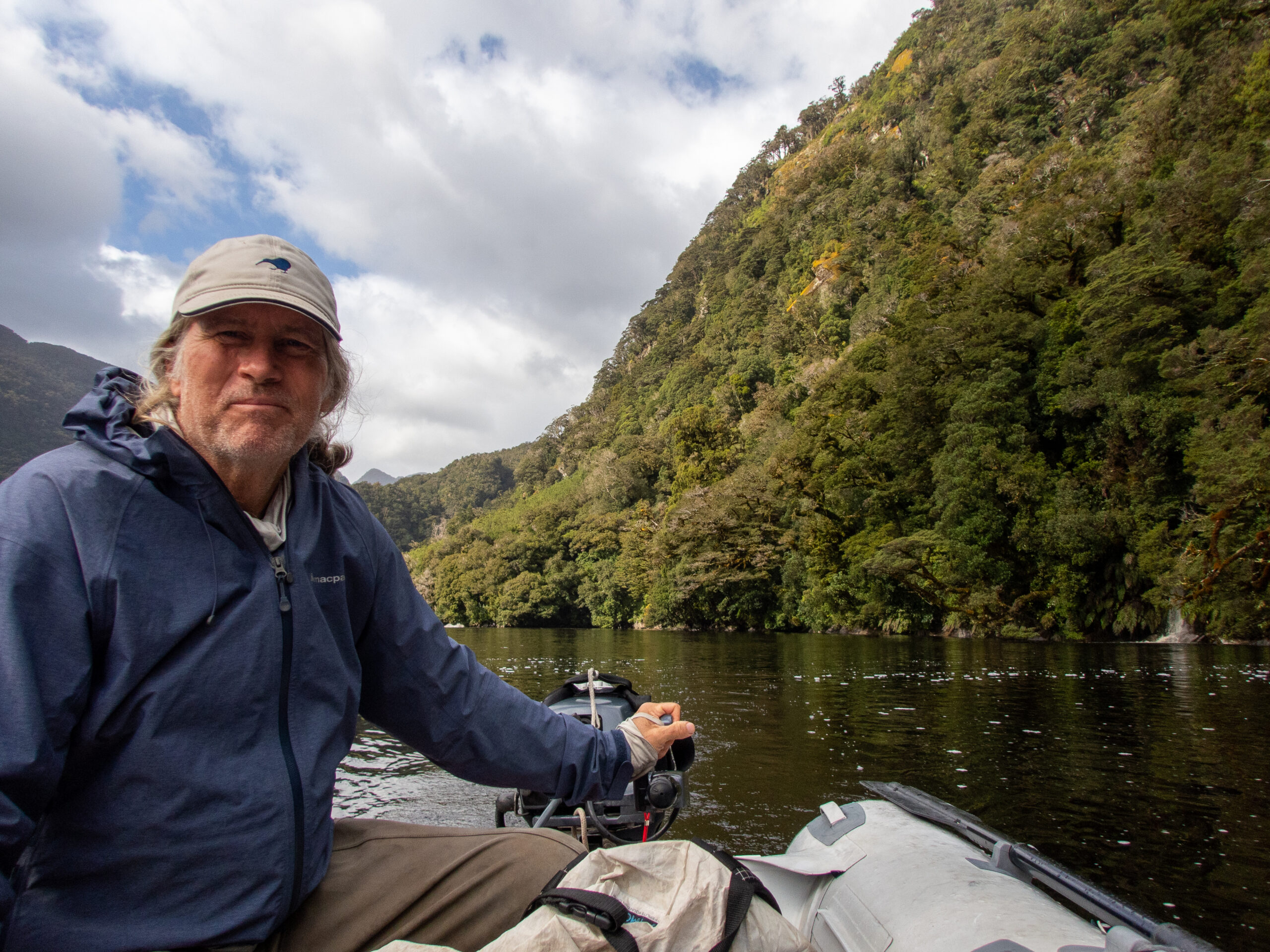
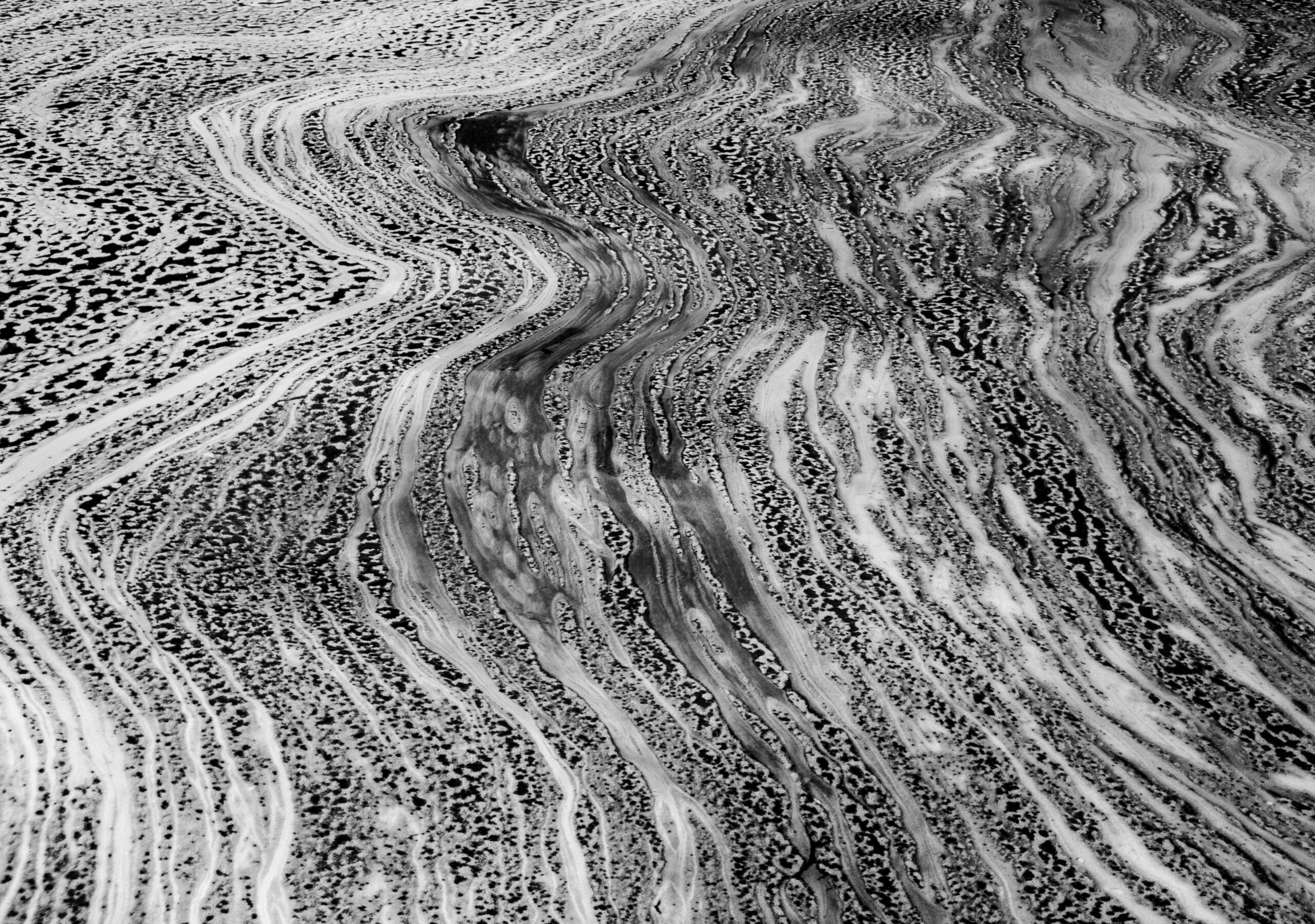
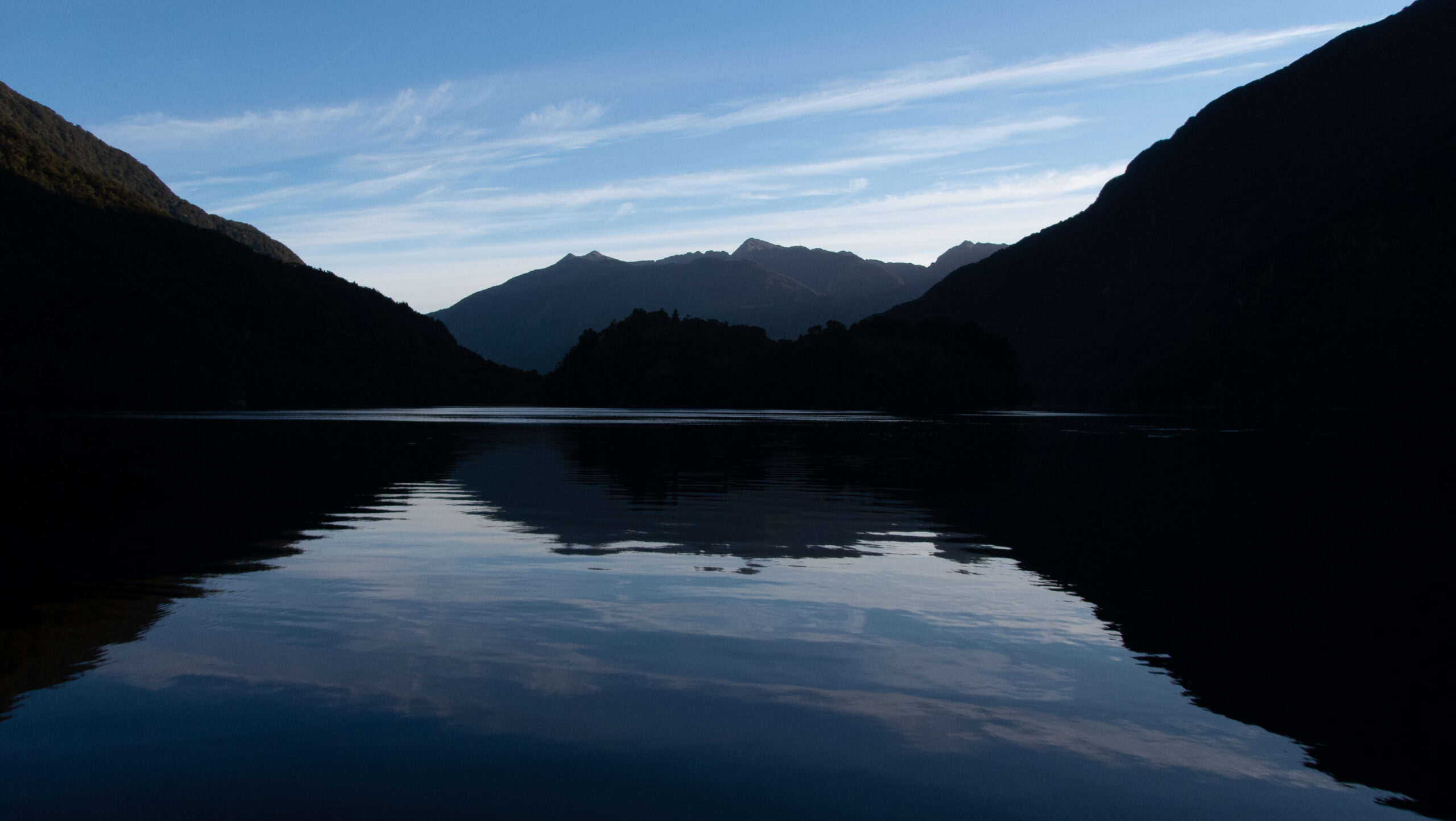

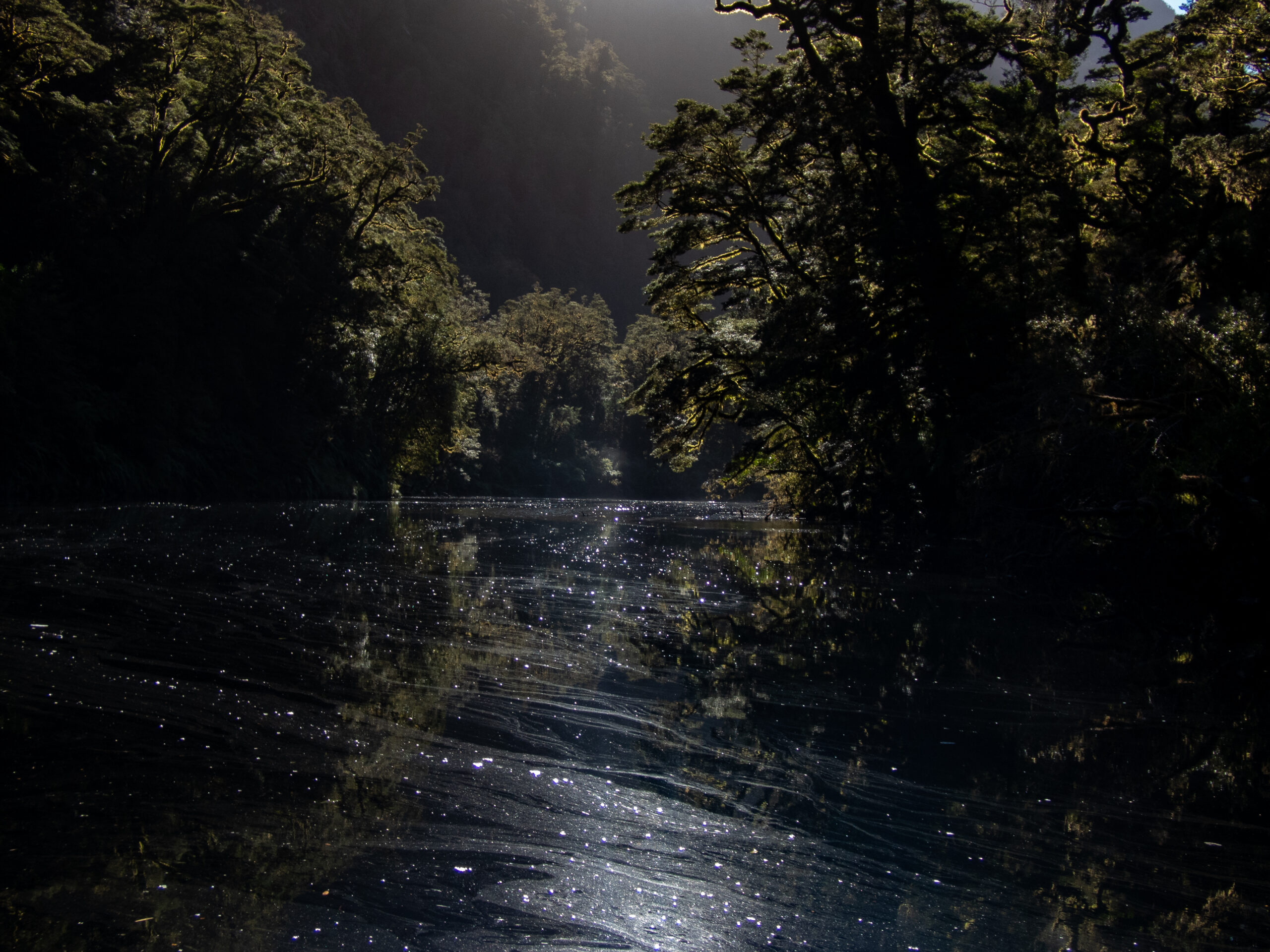
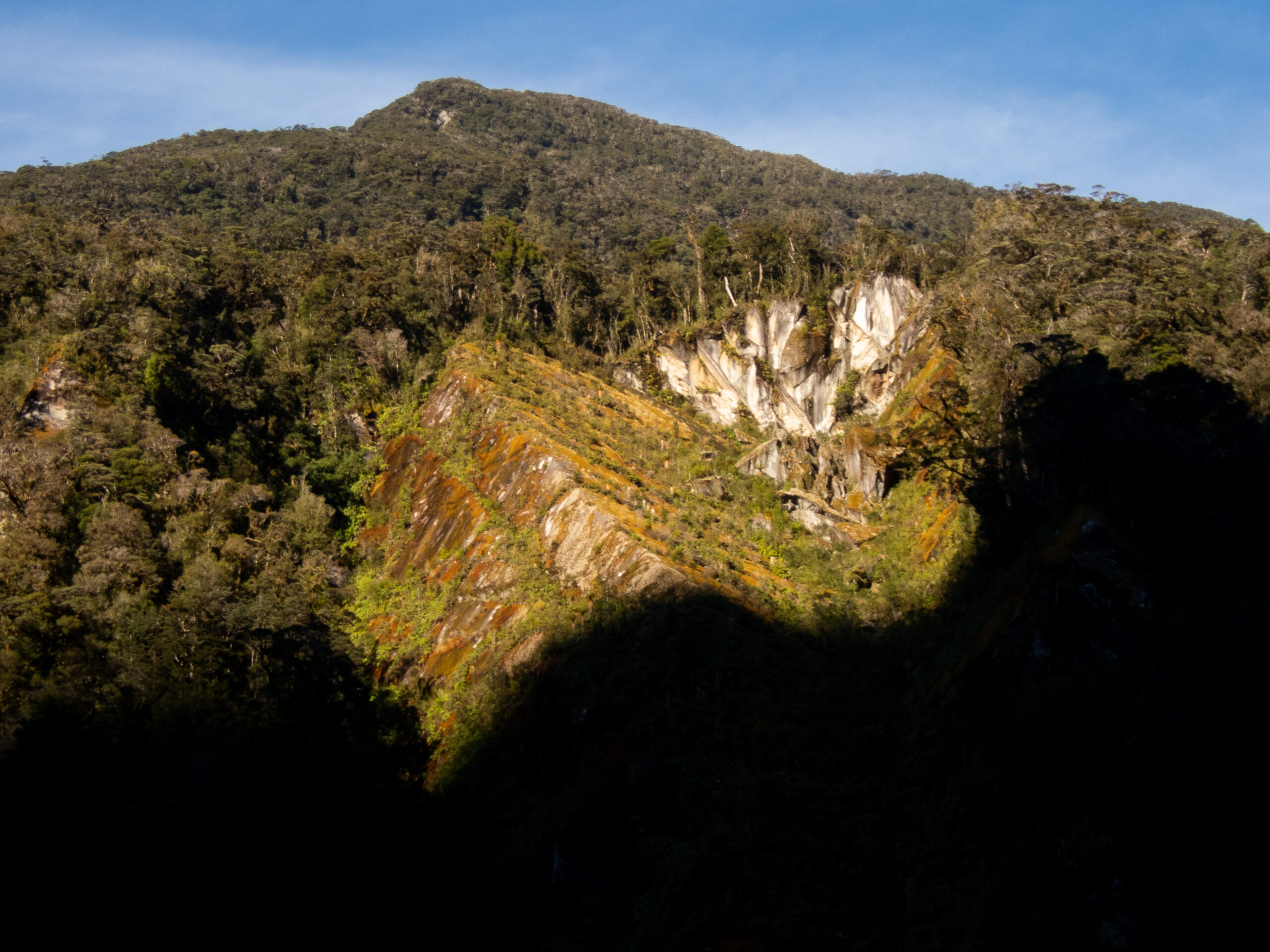
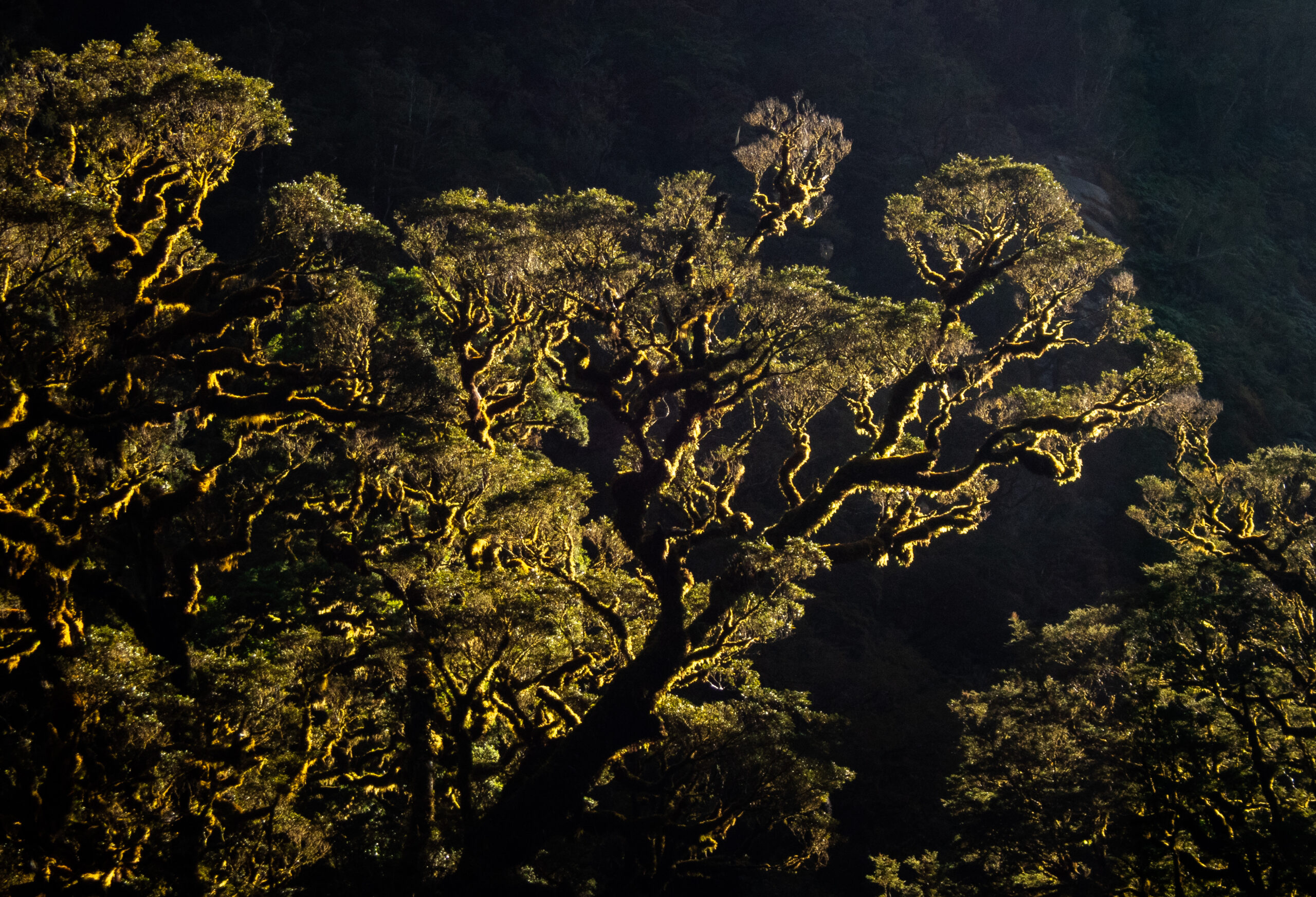
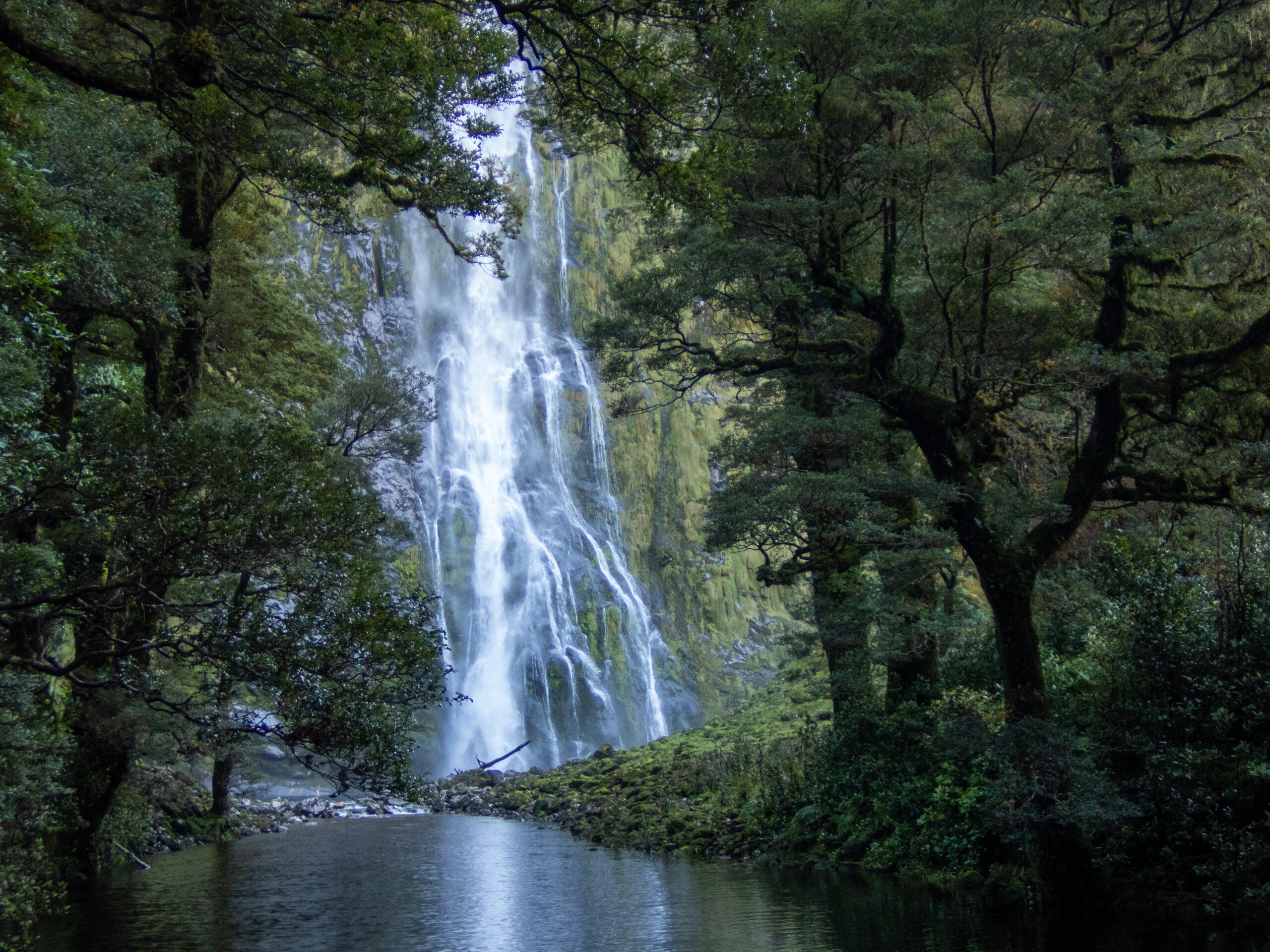

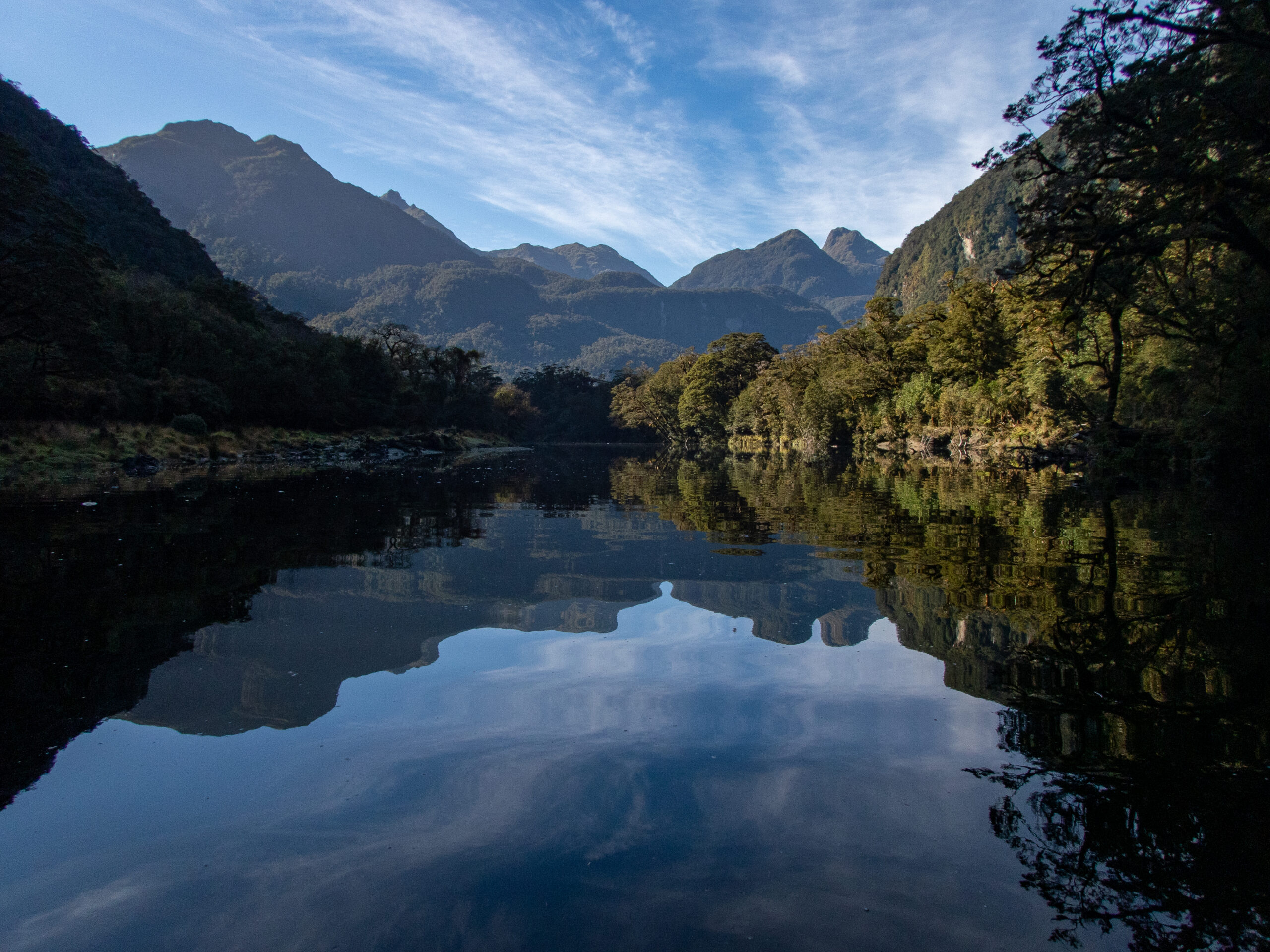
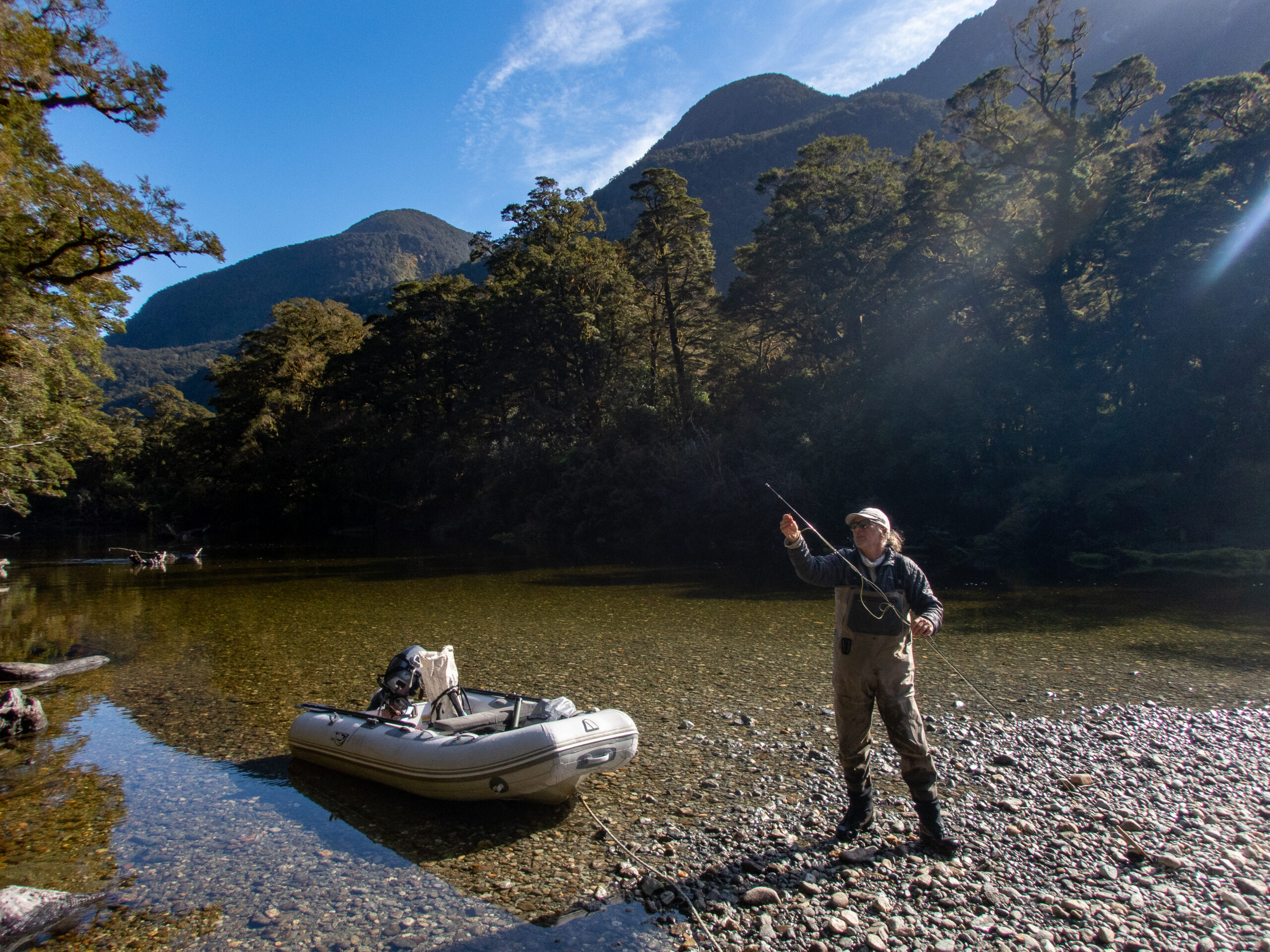

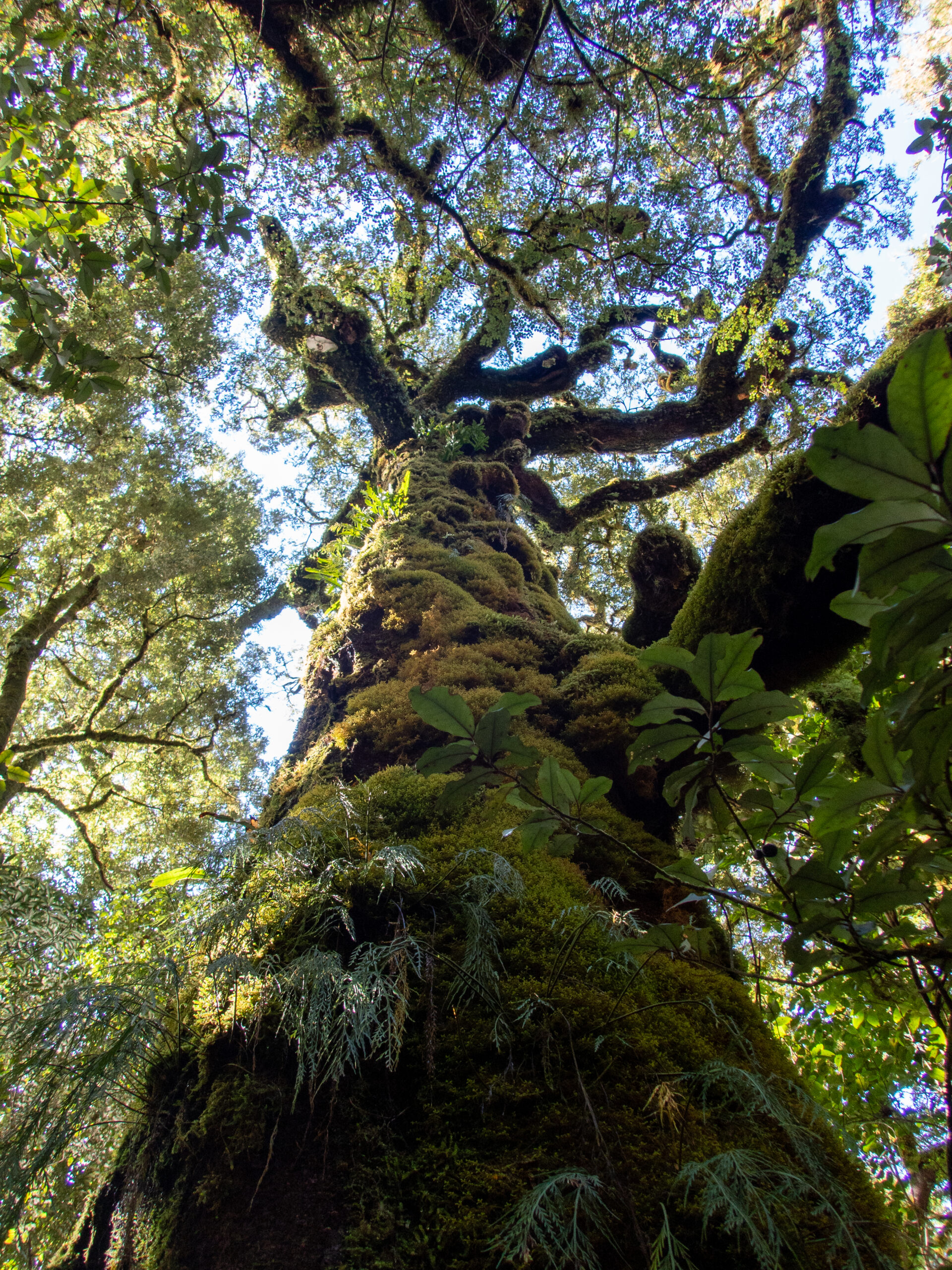
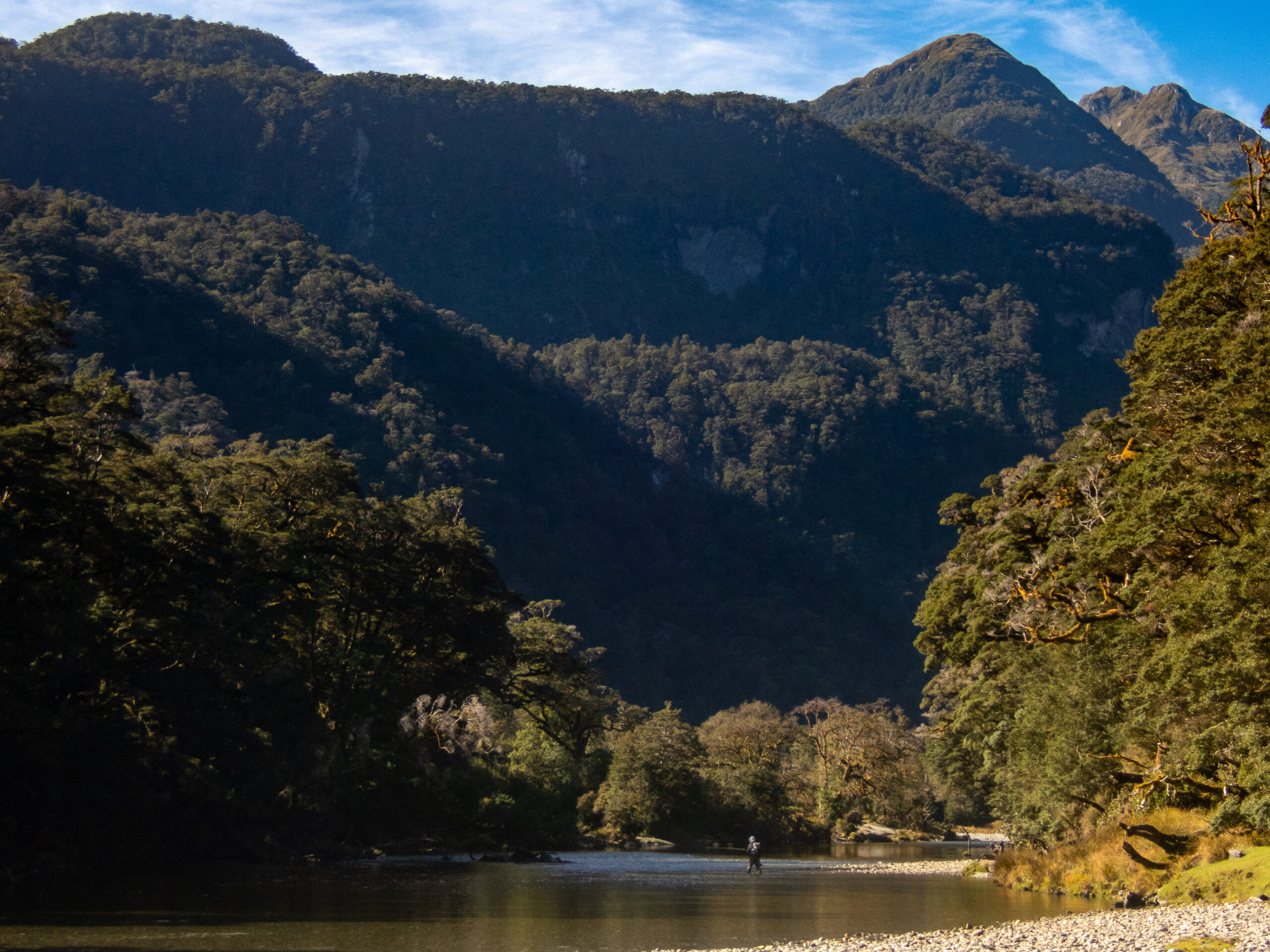
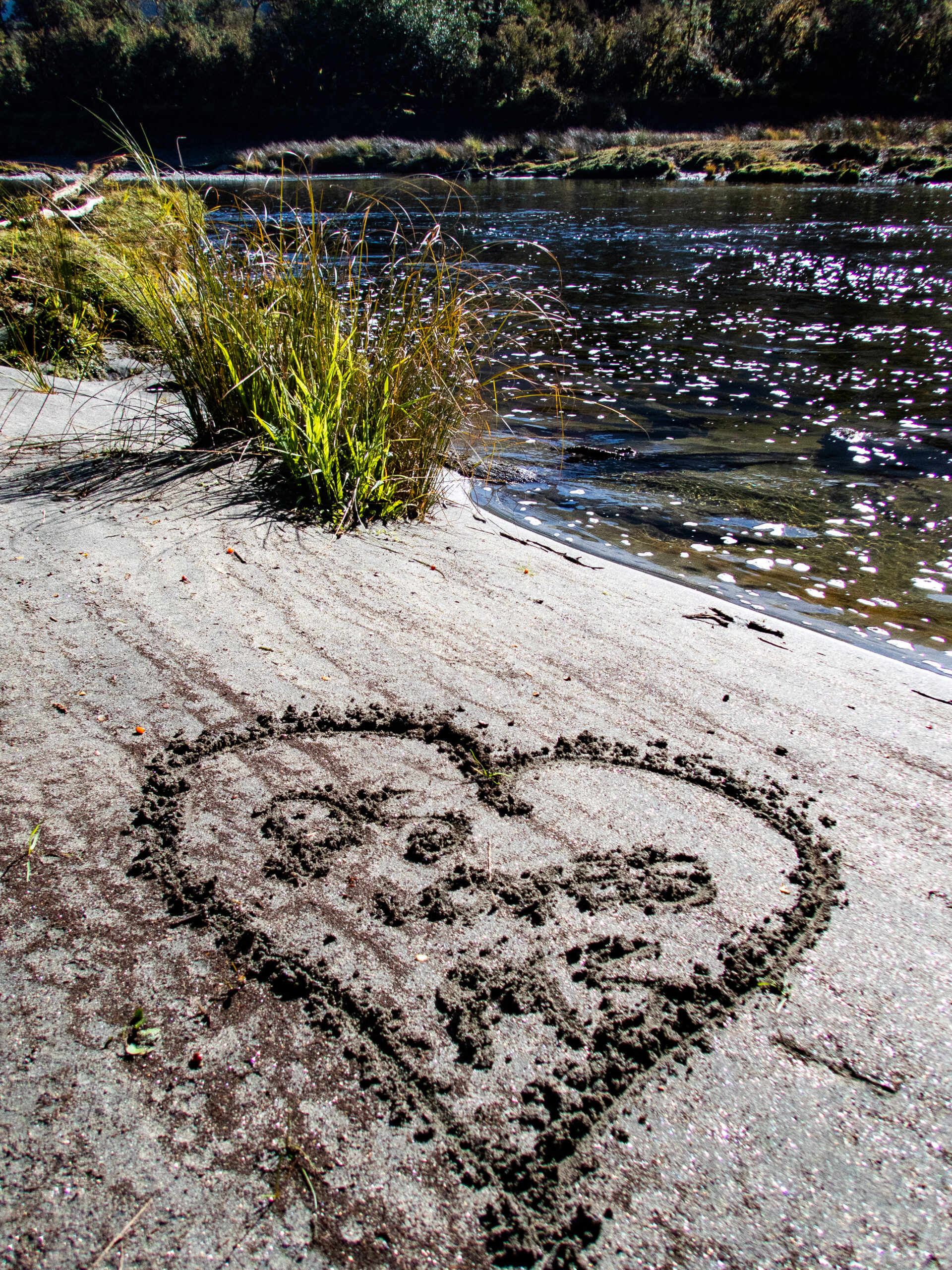
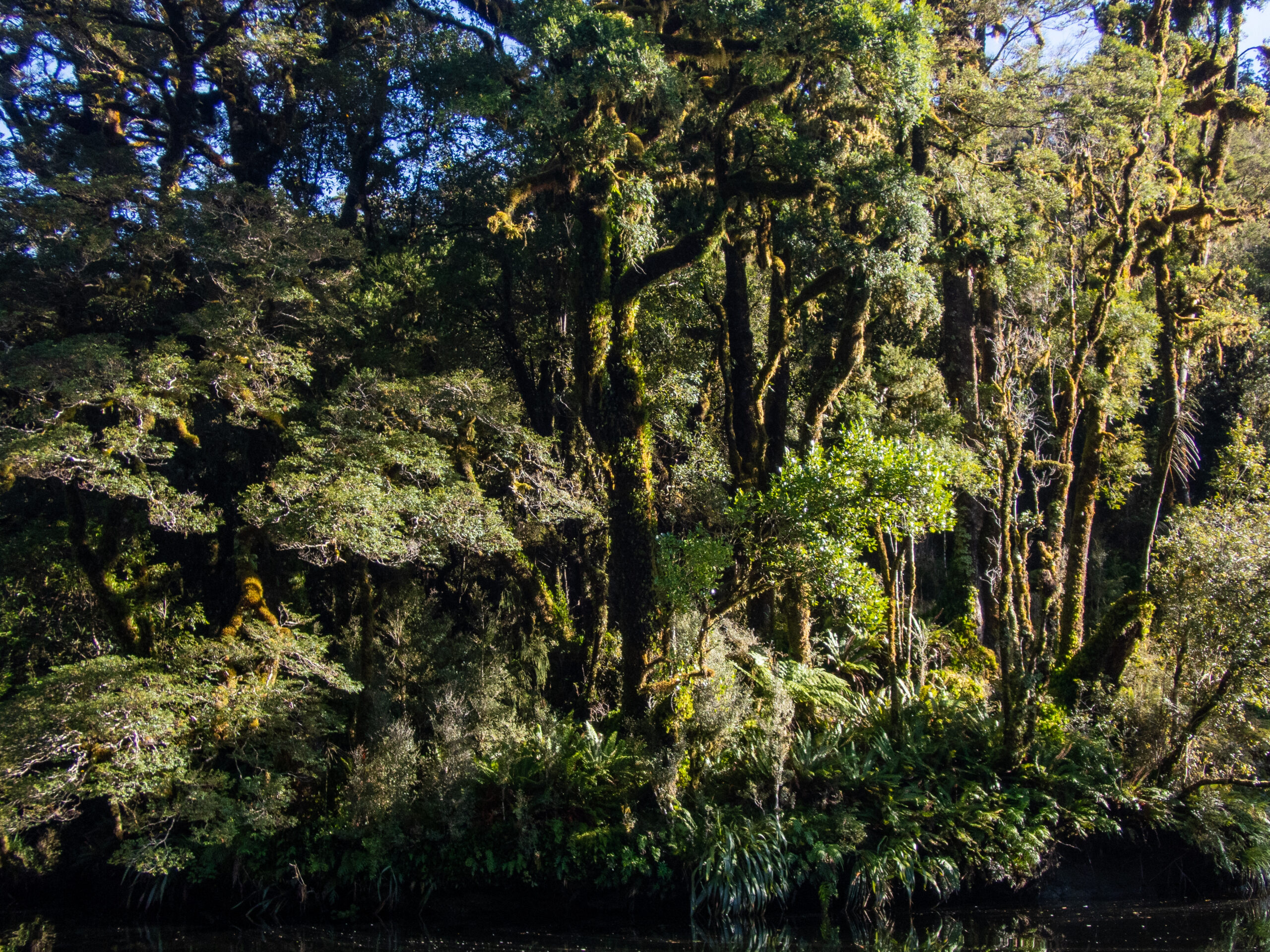

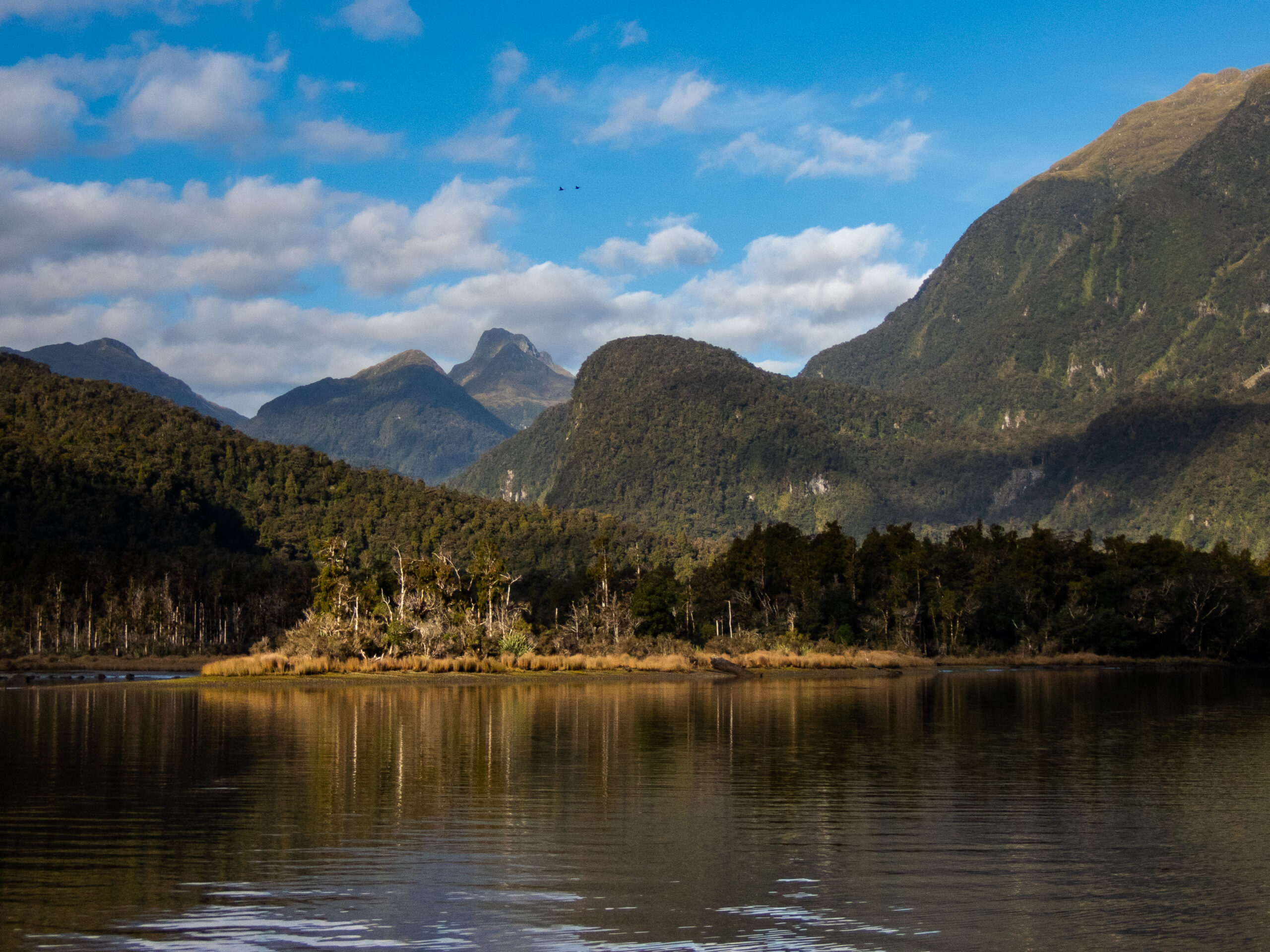
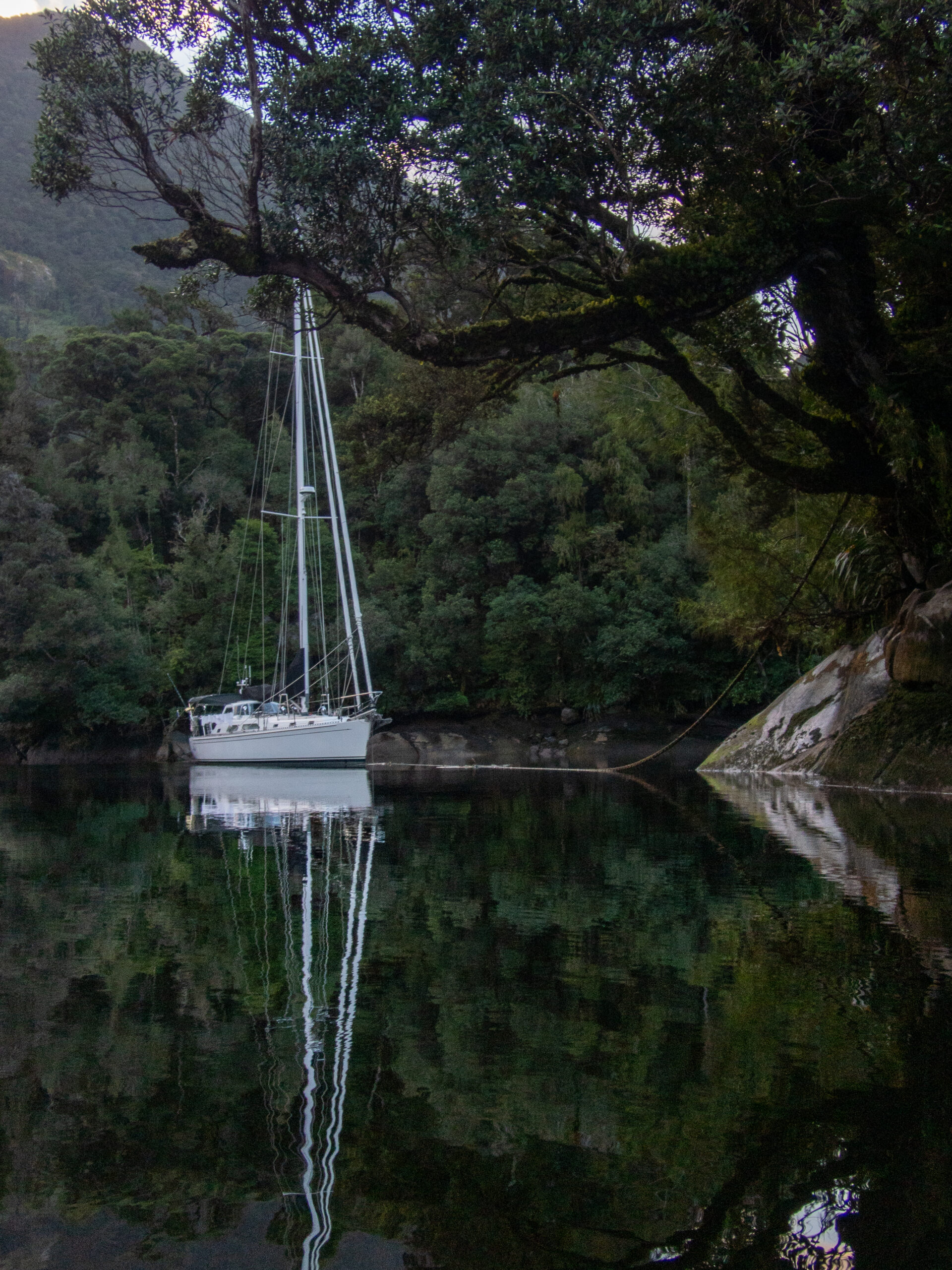
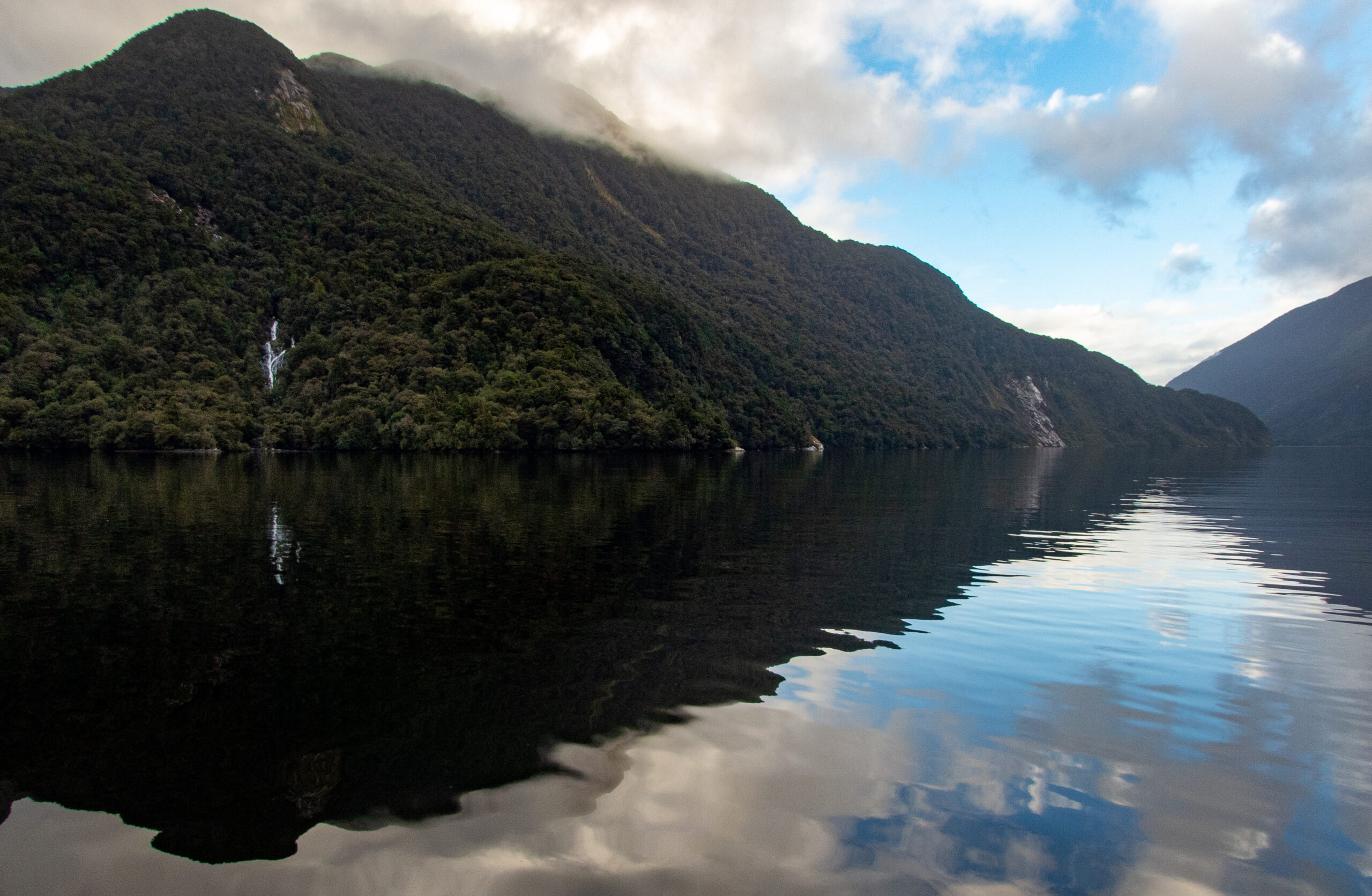
Doubtful/Patea, aka Gleeful Sound – Fiordland
Dash from Dagg to Doubtful:
The relatively short distances between sounds along Fiordland’s rugged coast allow for mad dashes timed to brief calms, but you can’t really read the ocean’s mood sheltered in the steep granite walls of the fiords. Often the designation, “all weather anchorage,” means that fishermen have figured out that even in the worst conditions, certain spots are spared. The only way to know when it’s time to go, if you don’t have the benefit of years of local knowledge, is to study the weather models that we download twice a day from PredictWind. Because they are downloading via Iridium satellite, the resolution of the models cannot be higher that 50km. So there’s a bit of an odd effect as the models average how much the wind on the Tasman Sea is slowed down by the mountainous Fiordland coast, giving the appearance of lighter winds close to shore. They probably are a little lighter compared to what they are 20 miles out at sea, but our experience is that the models generally underestimate what it’s like on the outside and overestimate what we’ll experience once inside. Wind or no, gale or no, the seas are almost always a mess, particularly where local winds funnel through the openings of the sounds. Schedules are well known as the bane of sailing but in the land based world they are unavoidable, and Wyatt had a particularly narrow window of time to squeeze in a visit to us amid preparations to leave New Zealand. So we considered ourselves unreasonably lucky when the wind that pinned us down for a couple of days in Daag, relented in perfect time for us to make the dash. We arrived at the opening of Doubtful with what Wyatt would call a ‘splitter bluebird’ sunny day. ~MS
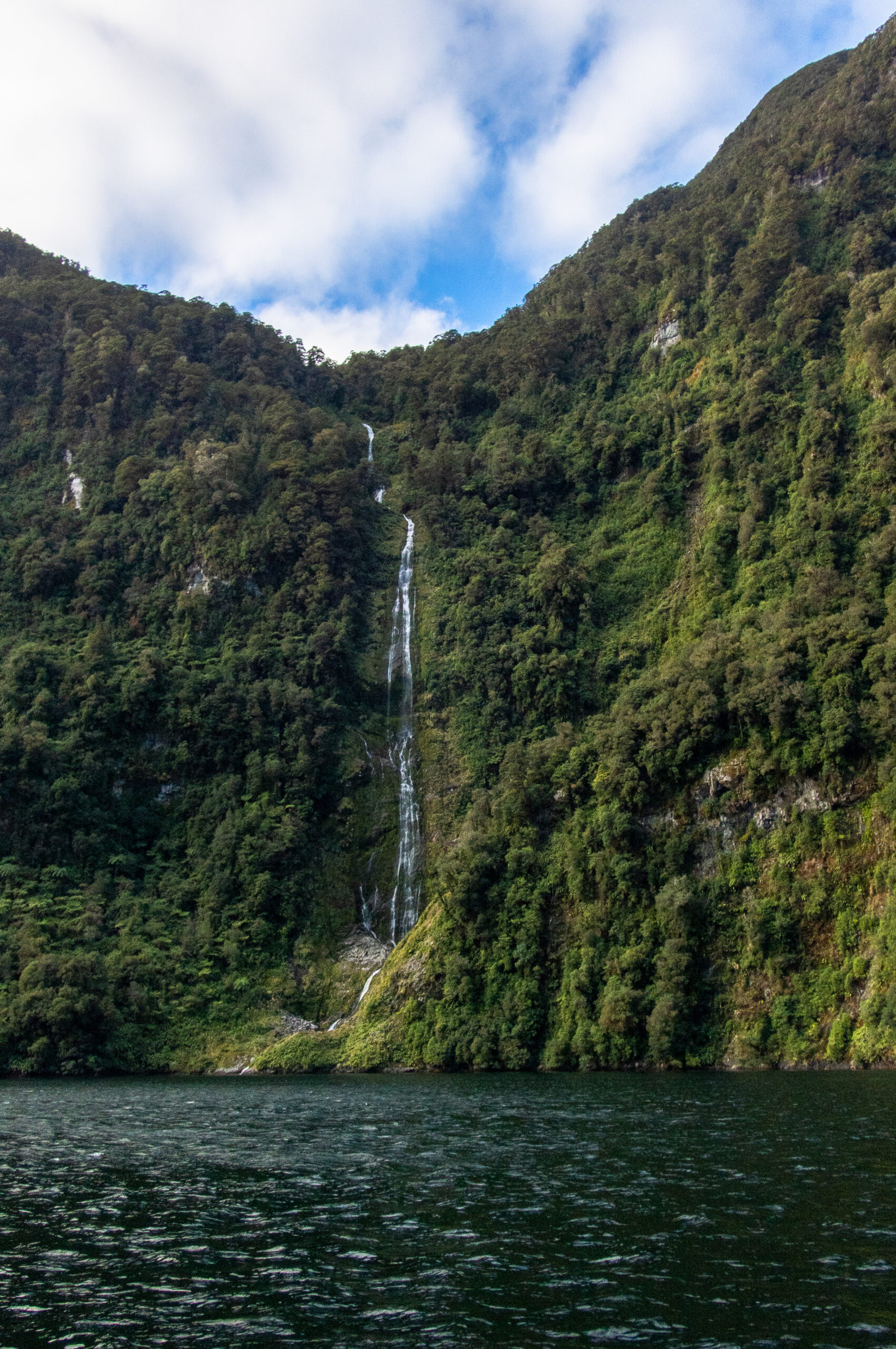

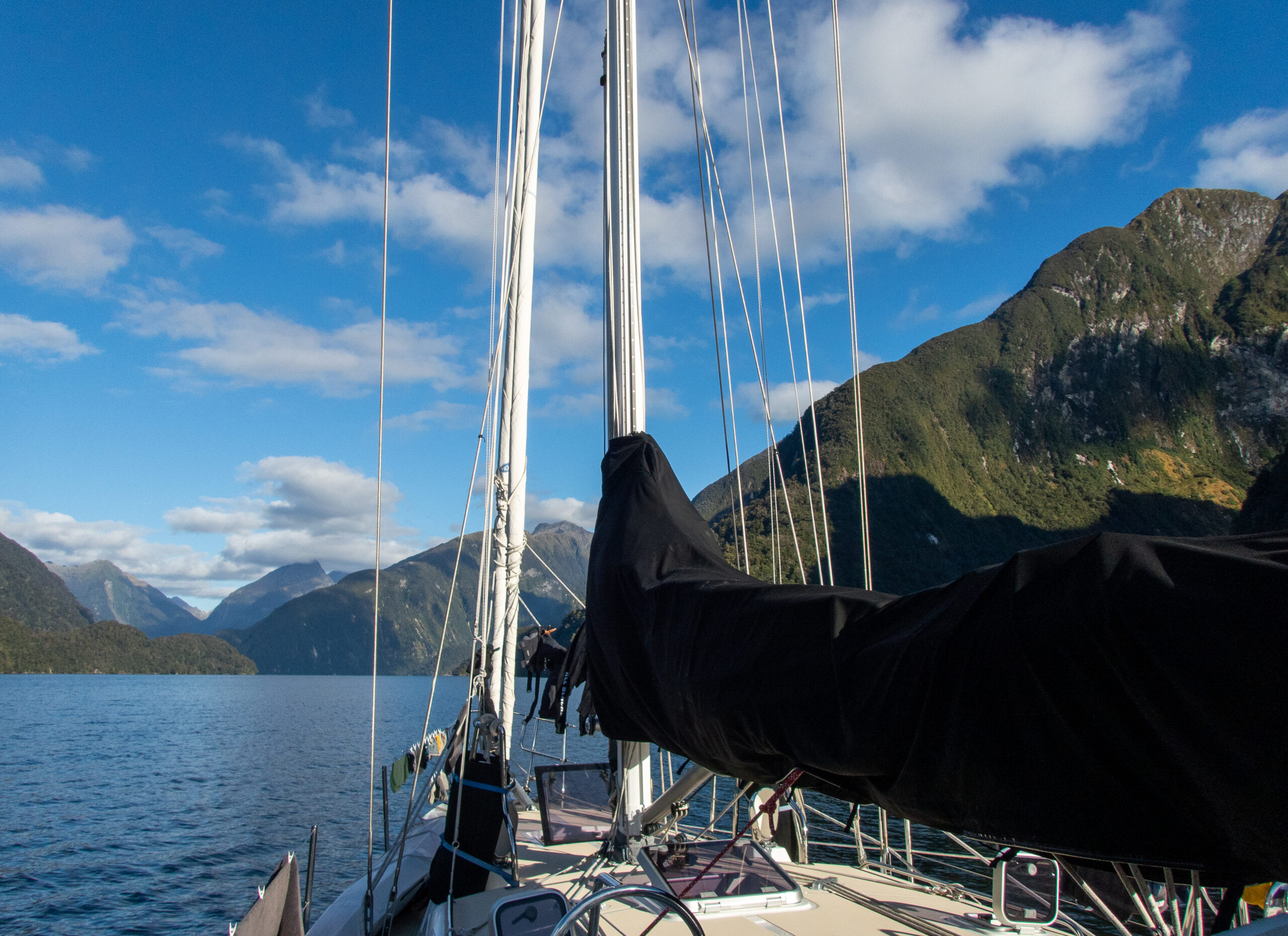
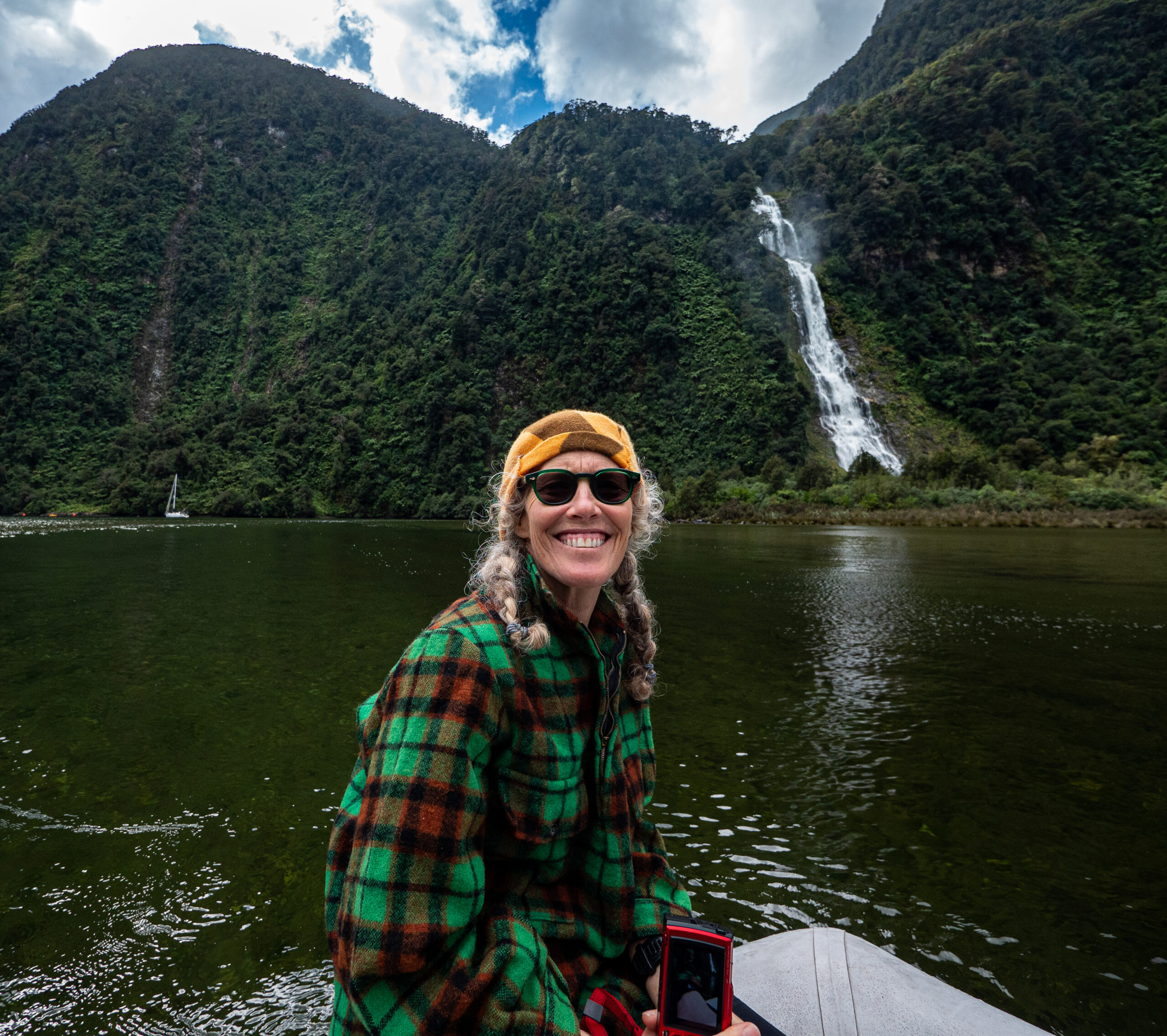
Allora on a mooring (all by herself) in Doubtful Sound, tucked right up next to the roar of Helena Falls. Evening spent getting the aft cabin clear of STUFF to welcome Wyatt the next day. Here, I don the particular ‘happy parent’ expression, just moments after snagging Wyatt off the bus!

Yep, the same one!
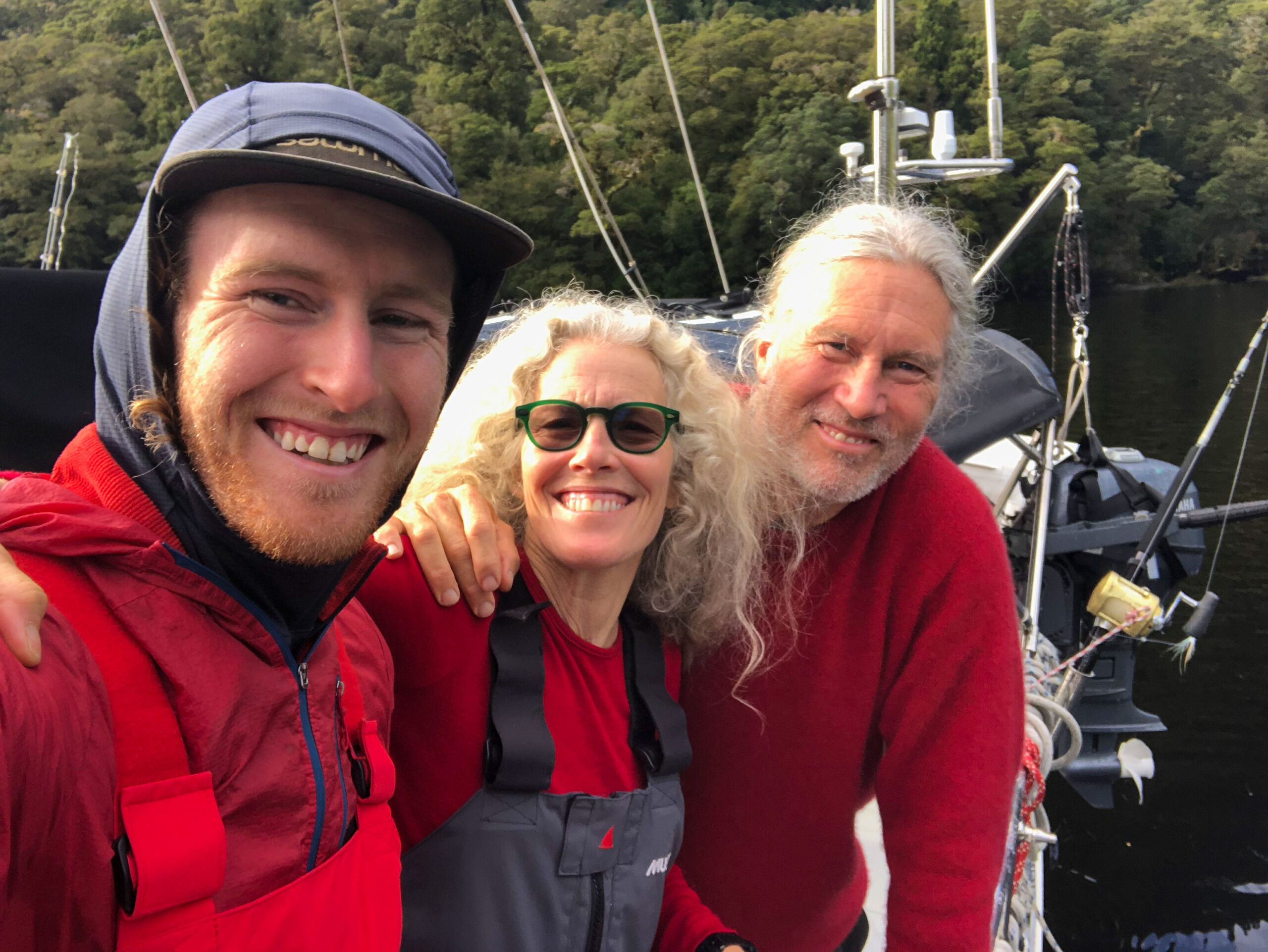


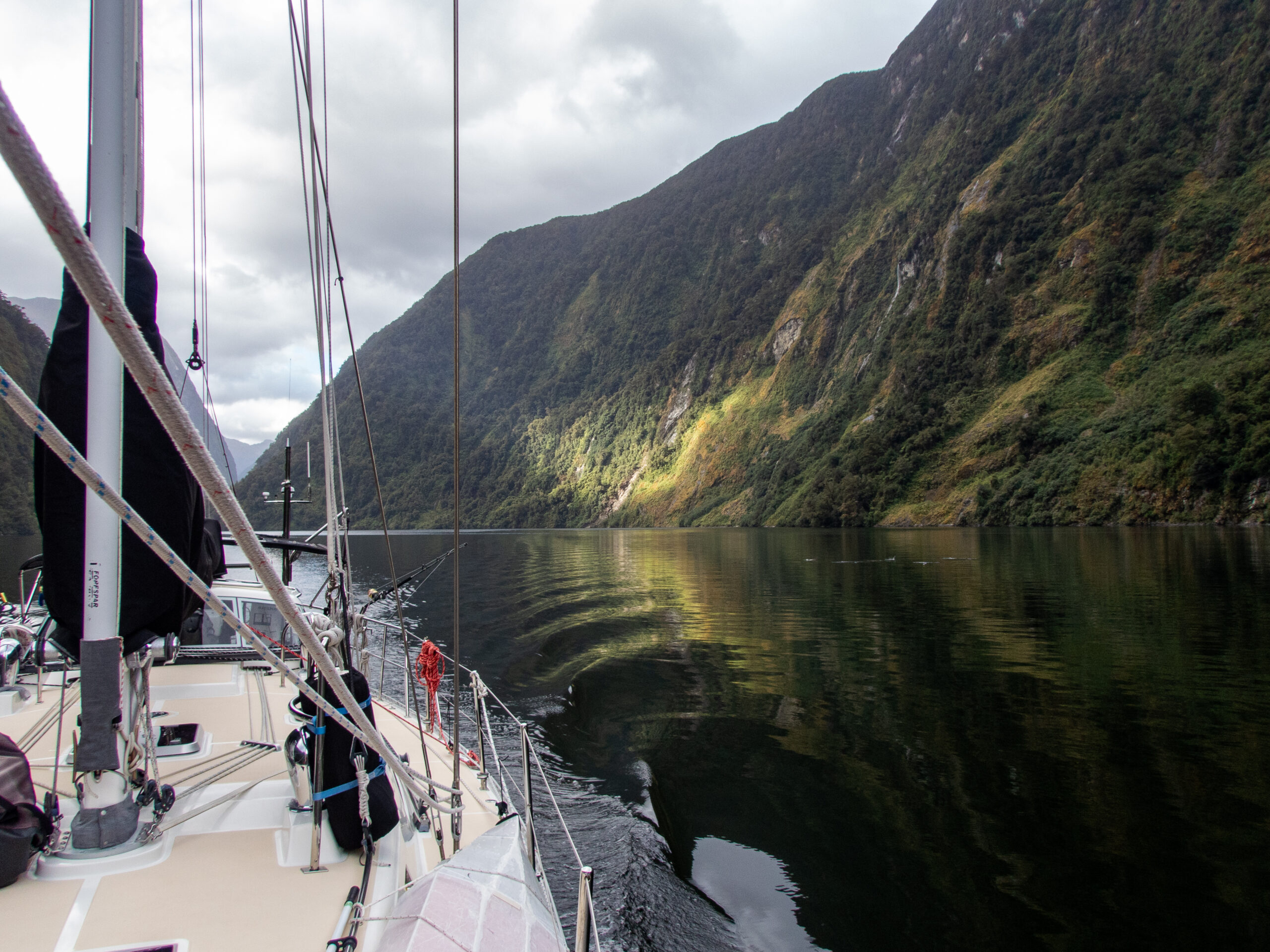

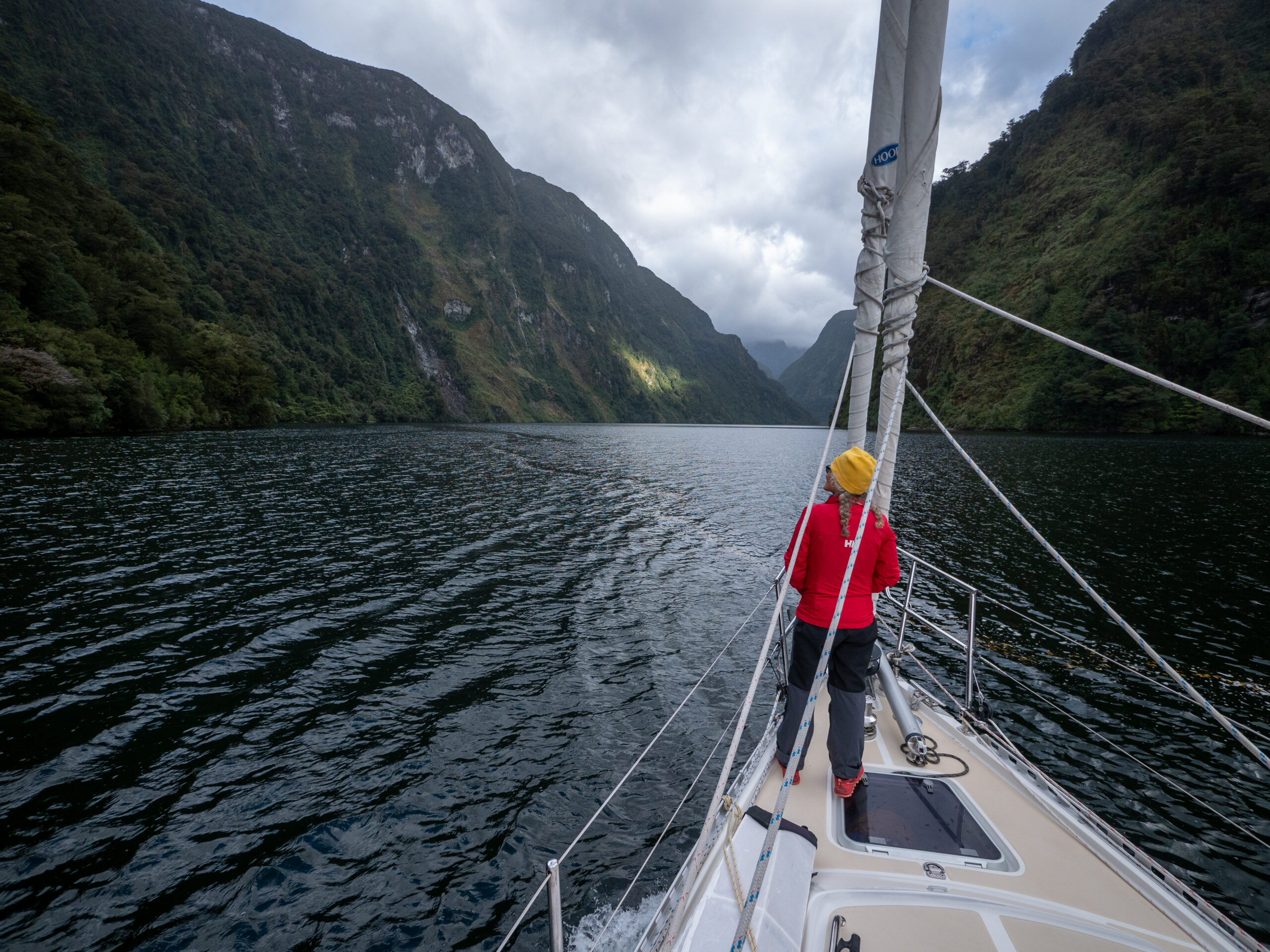
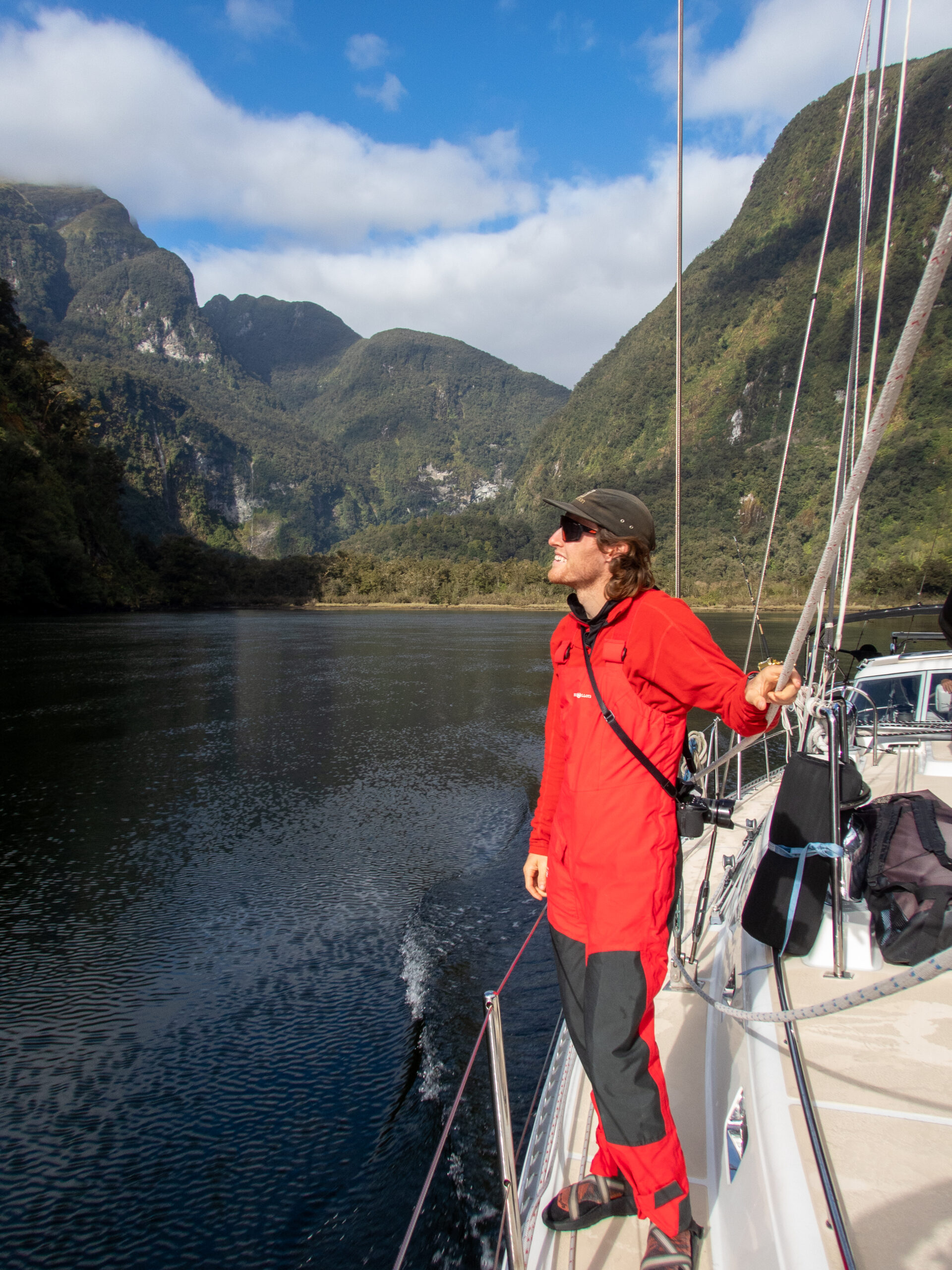
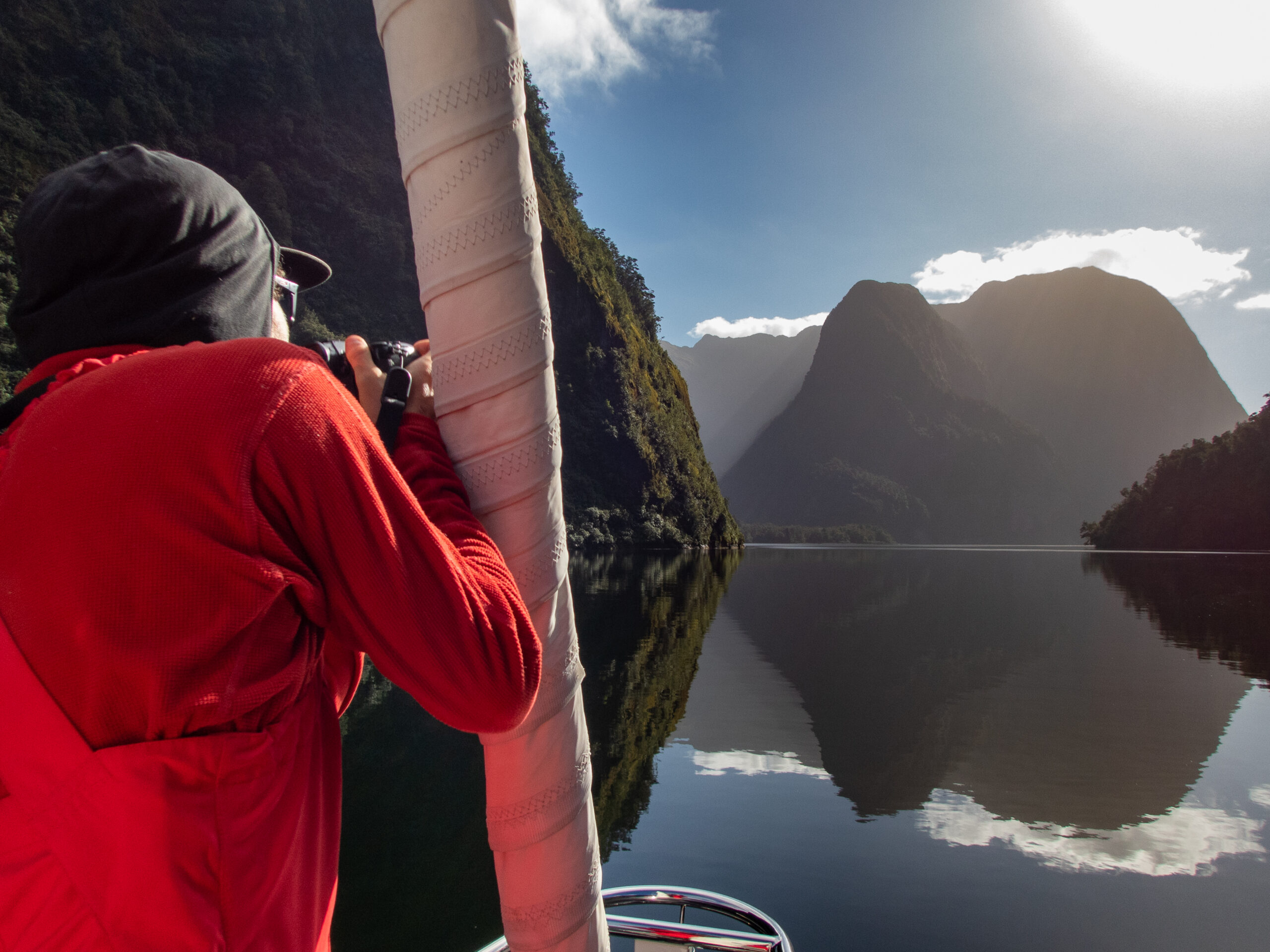

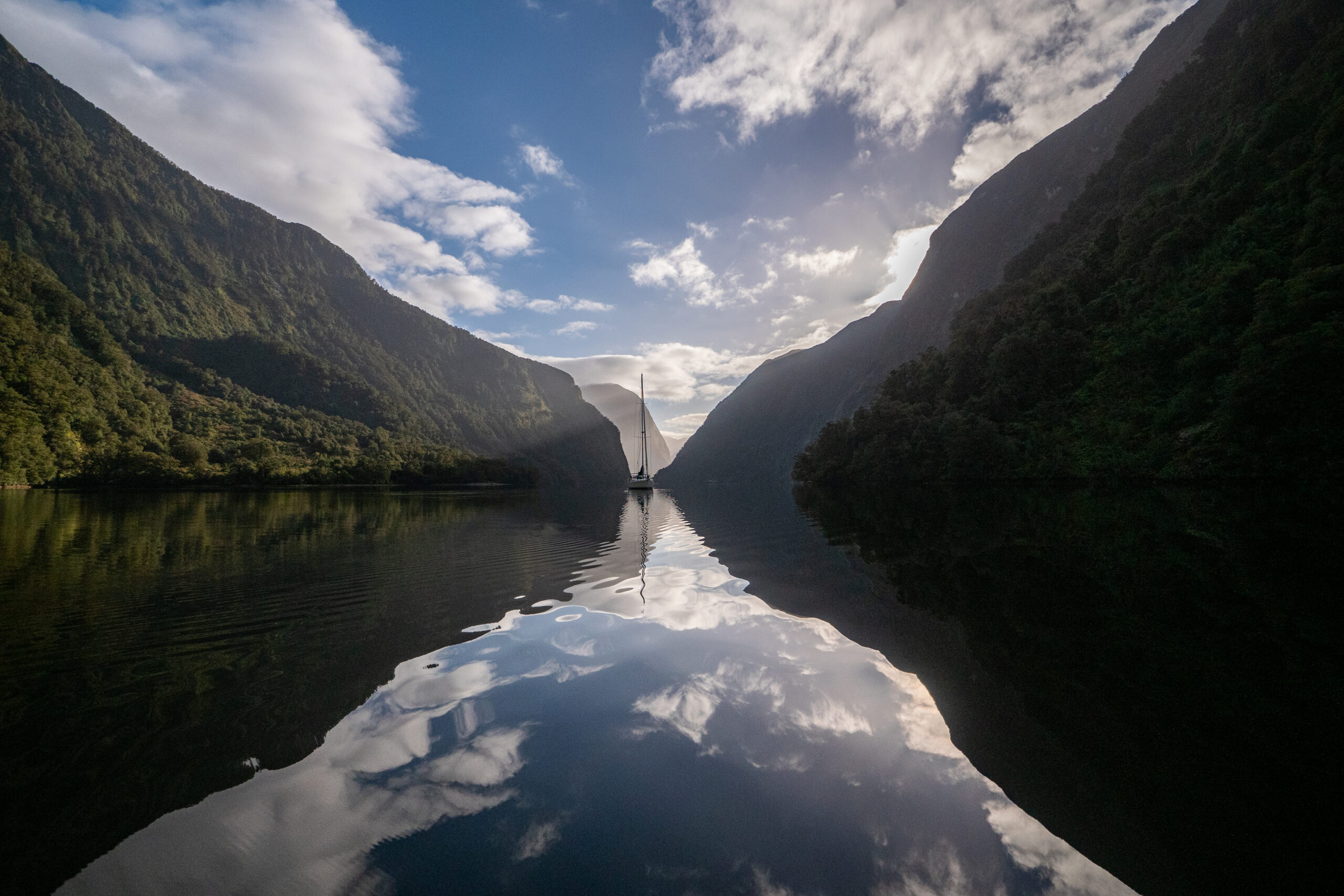
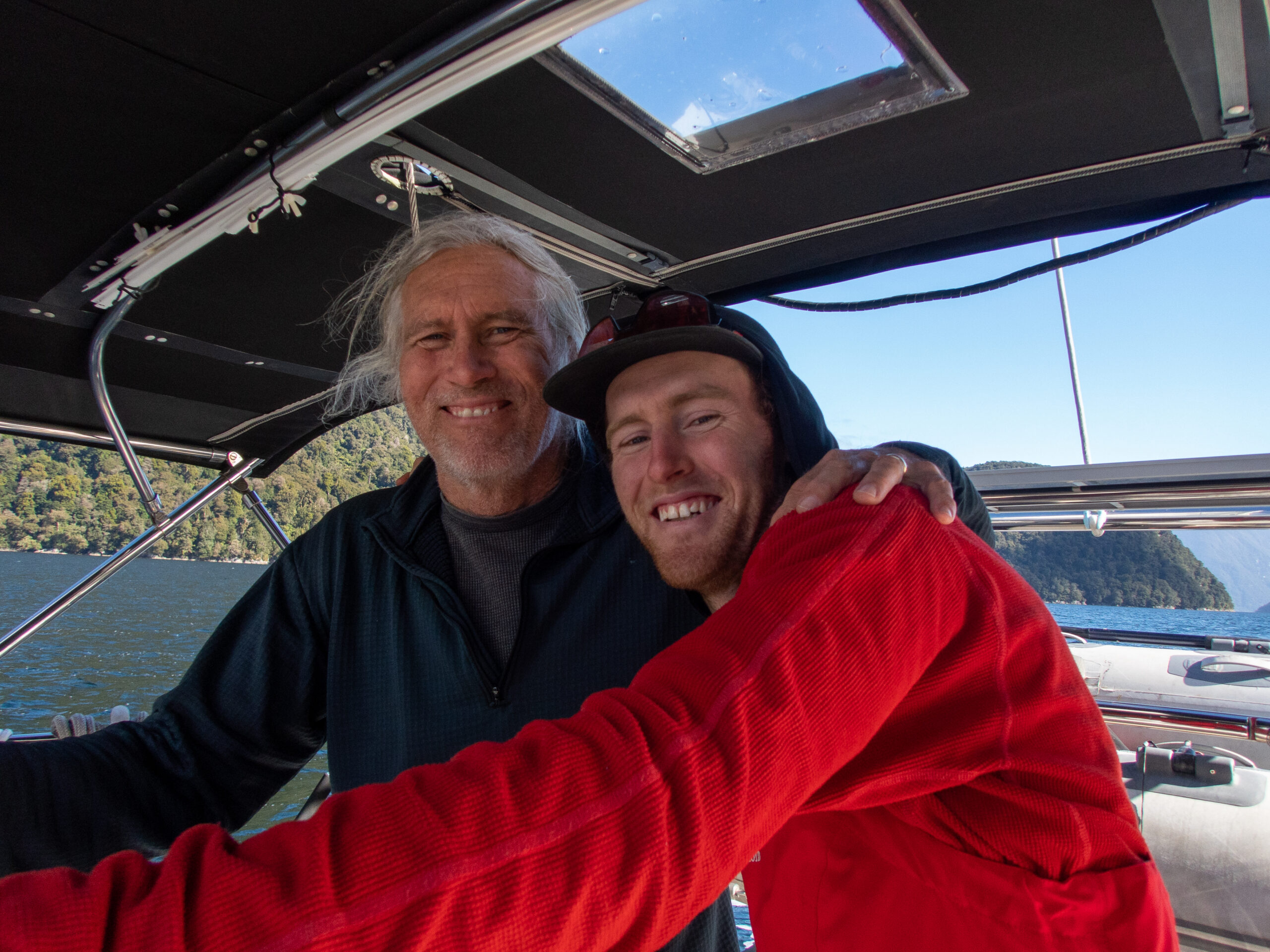
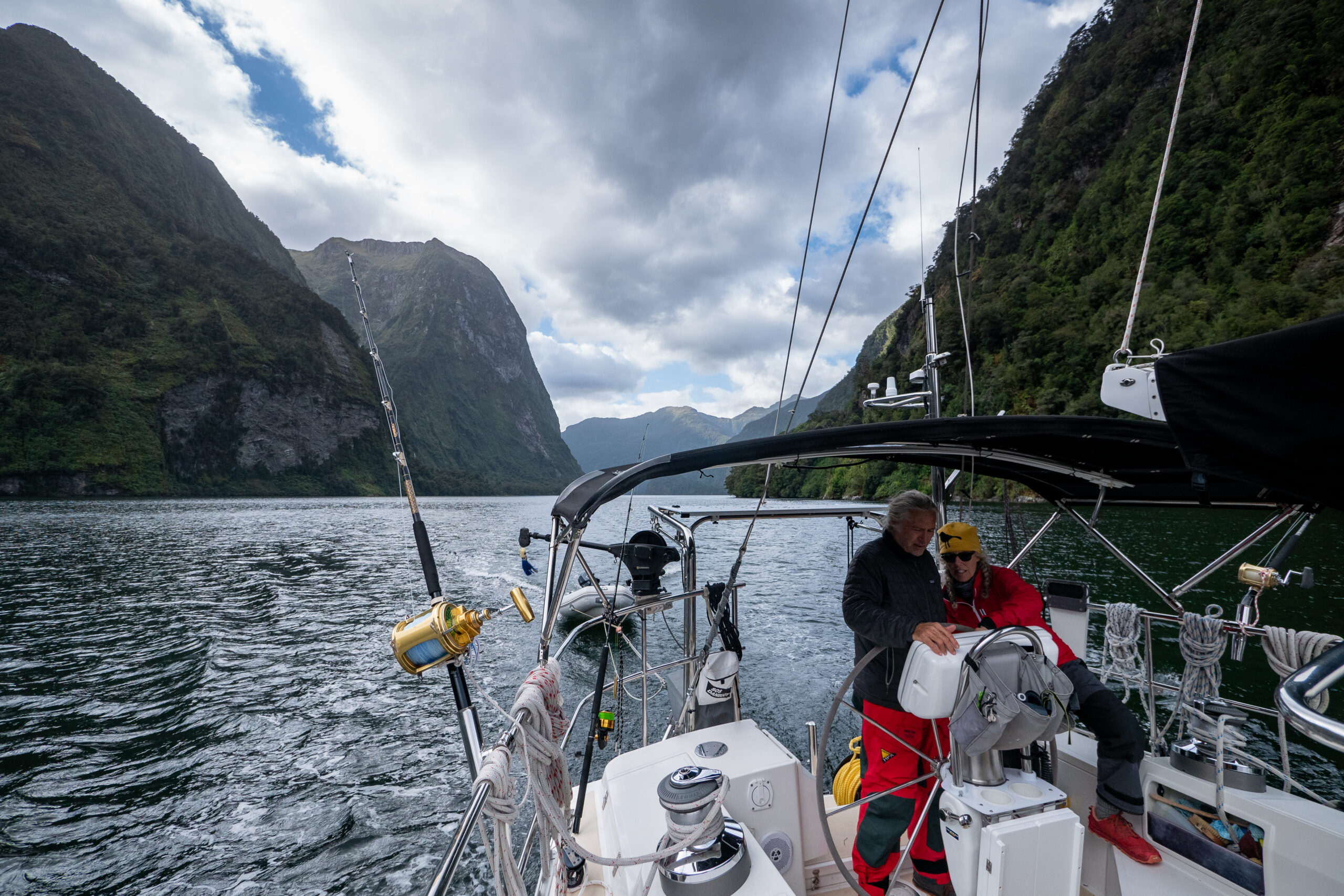


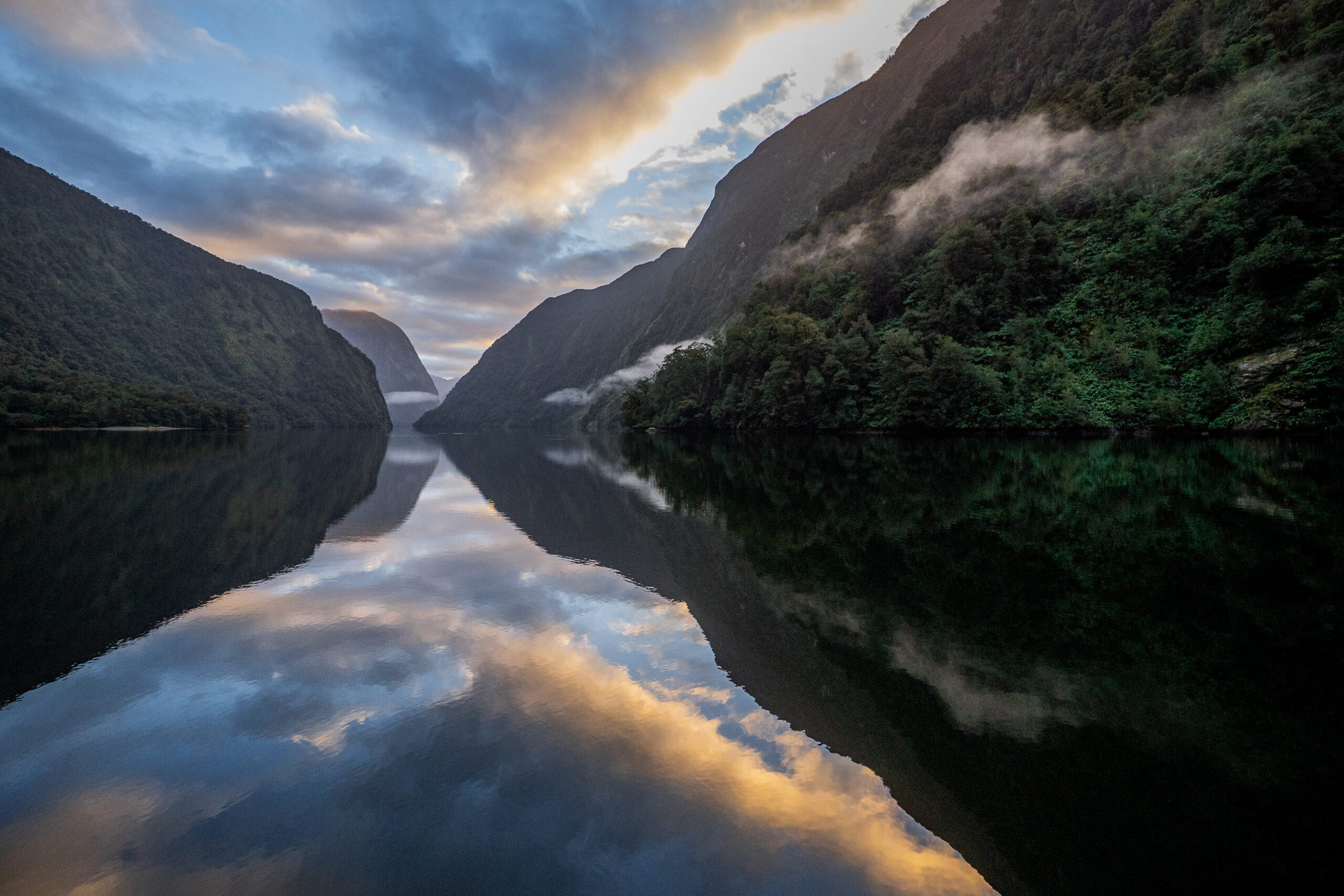
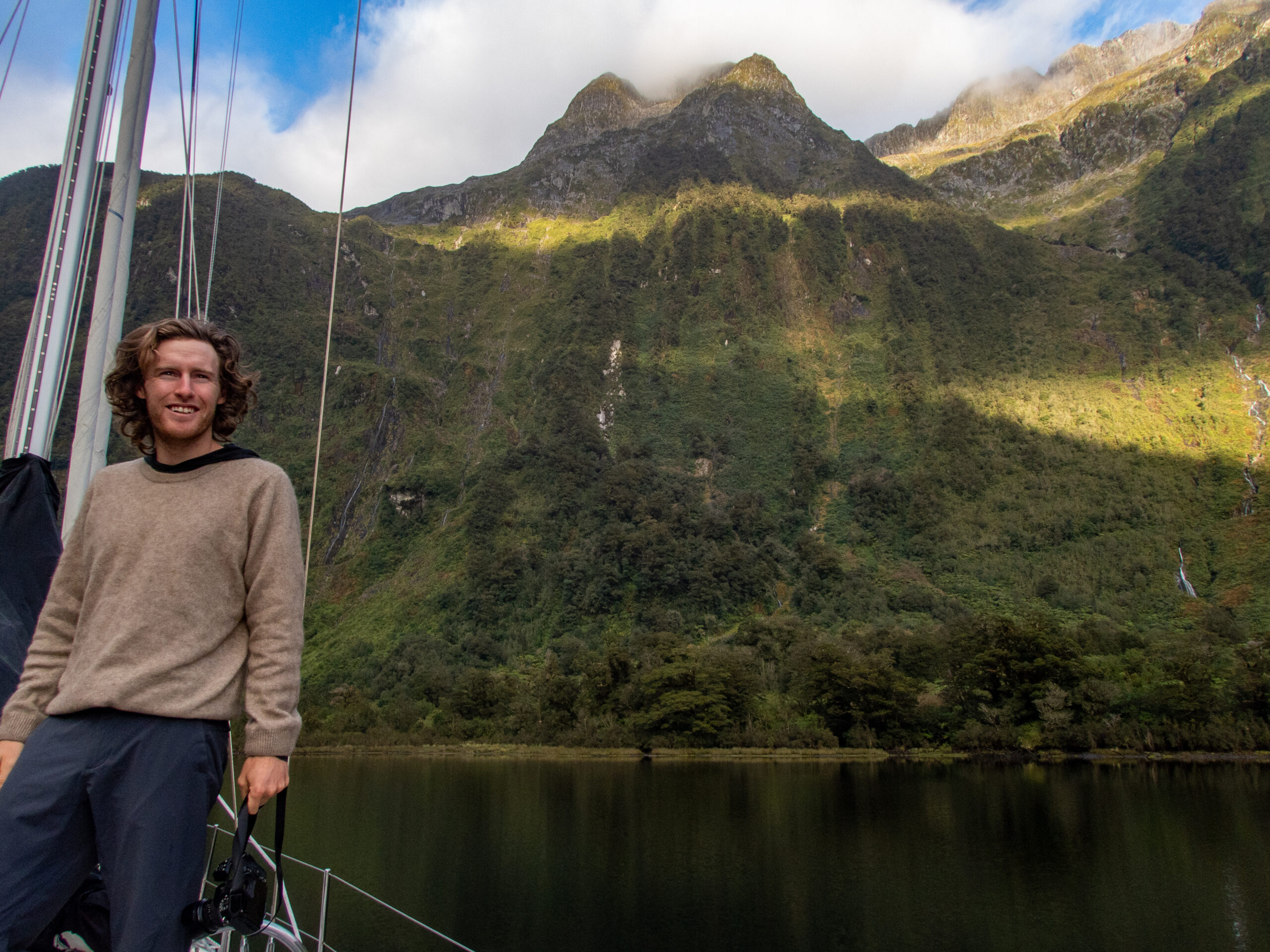

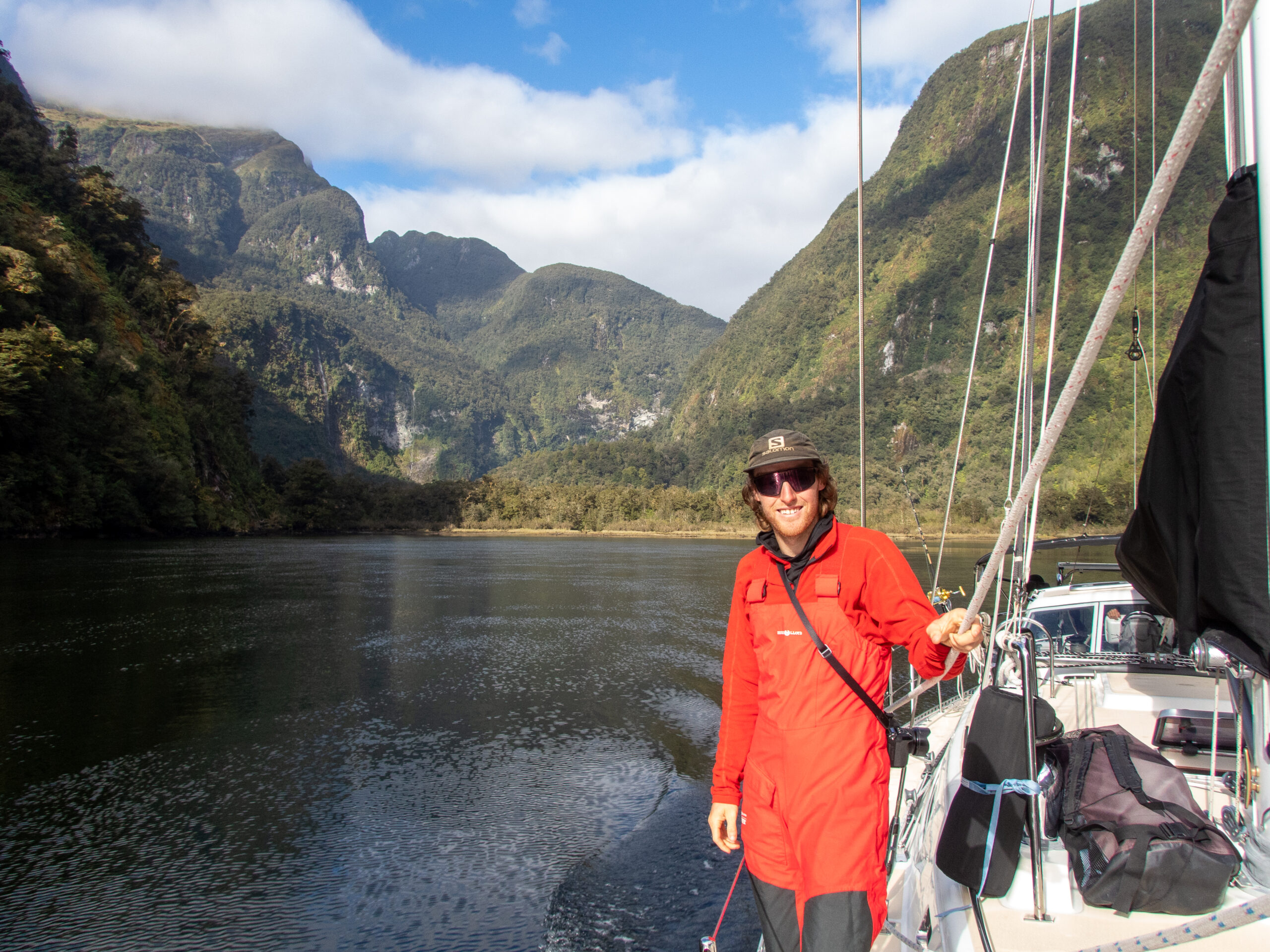
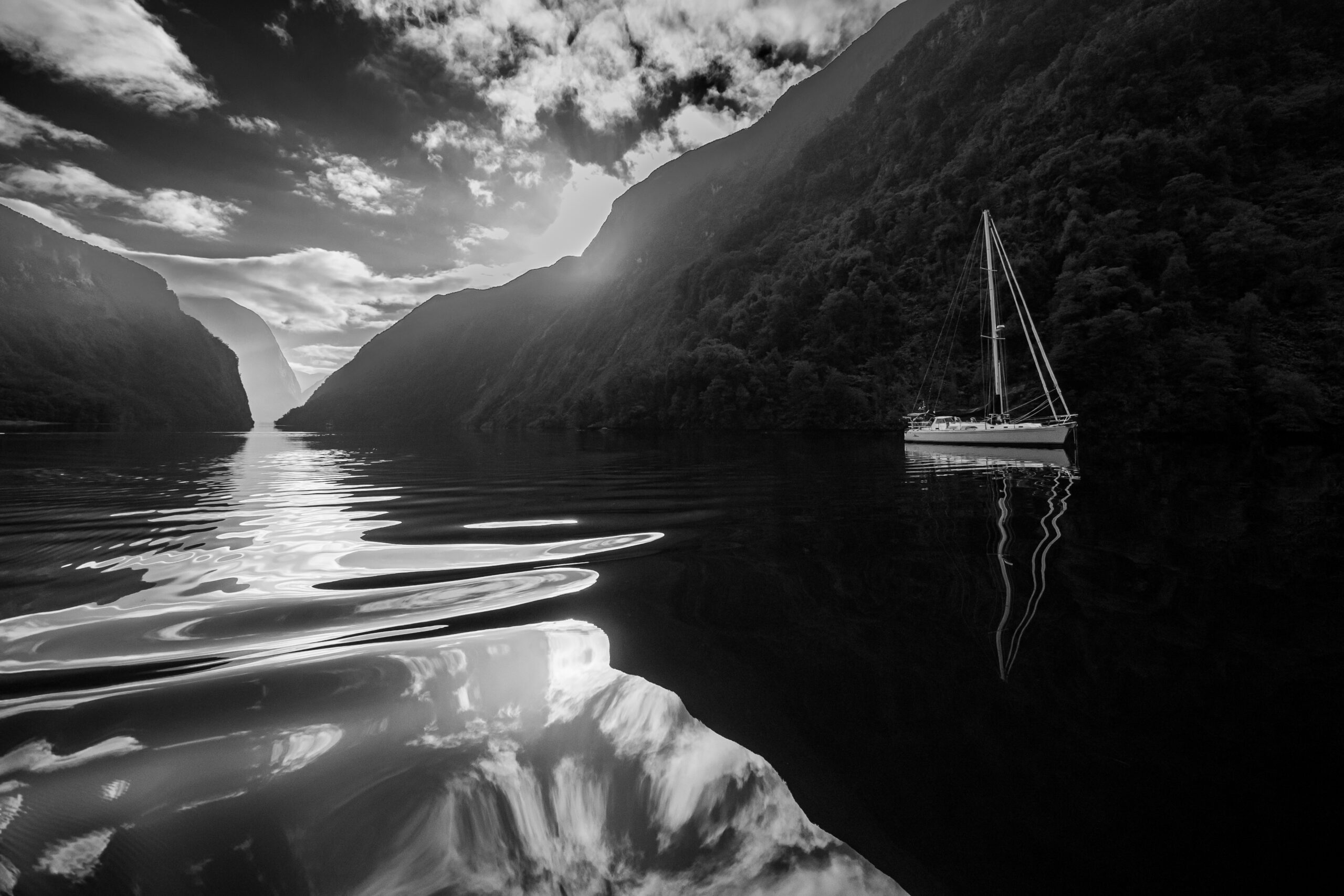
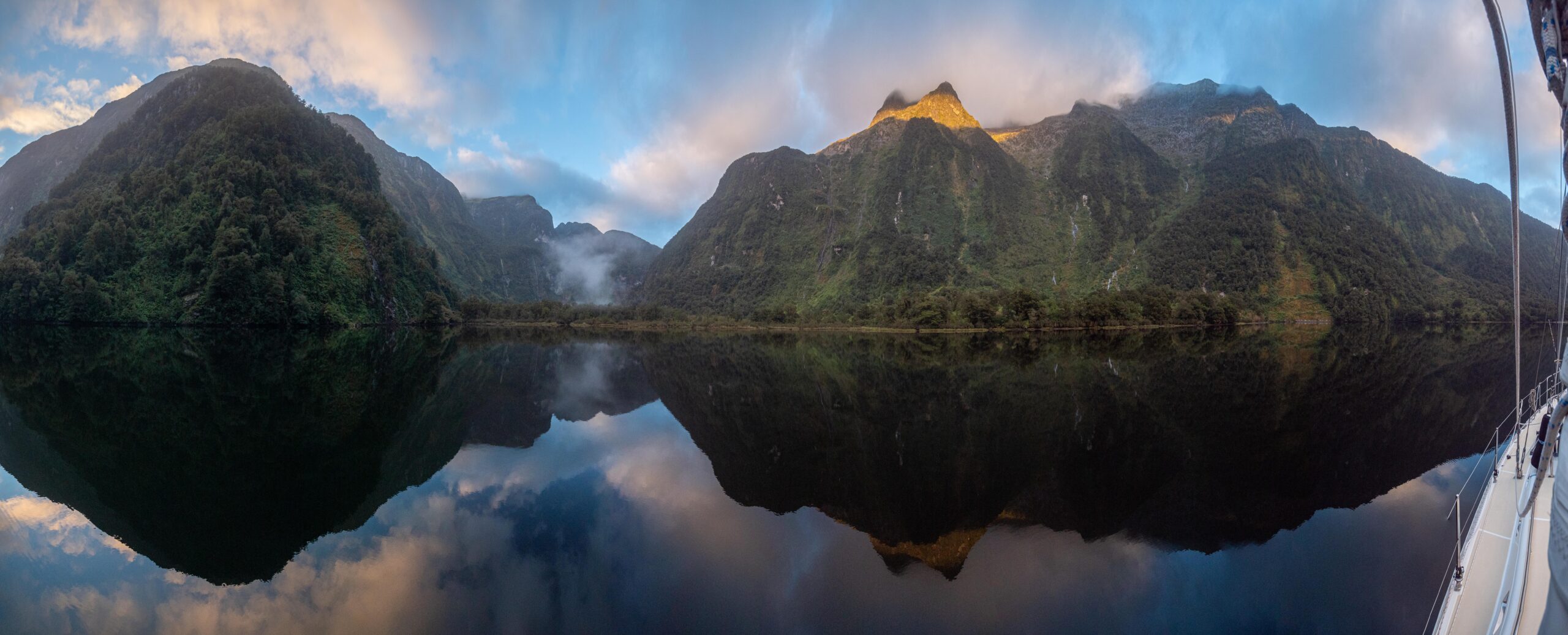
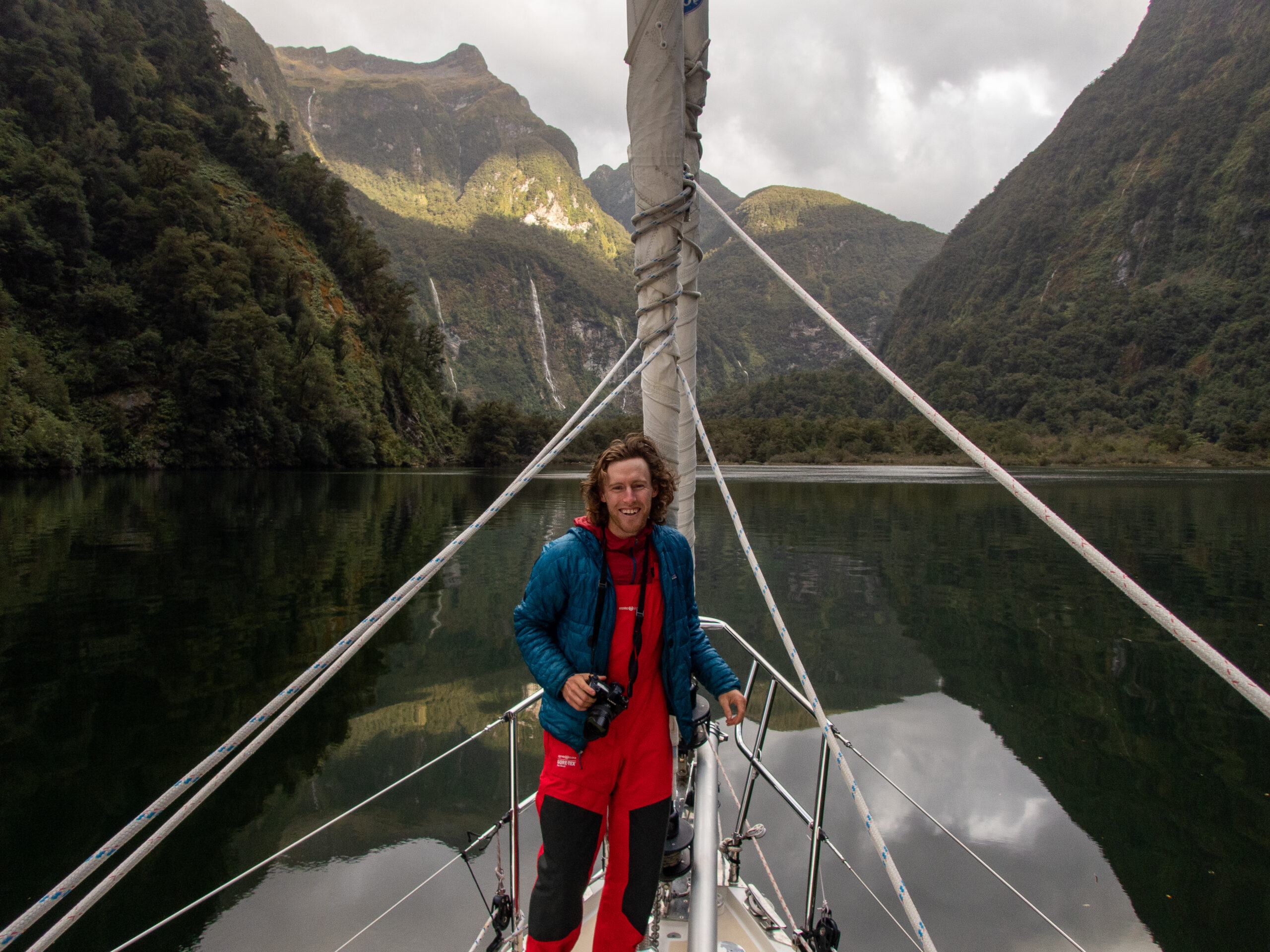

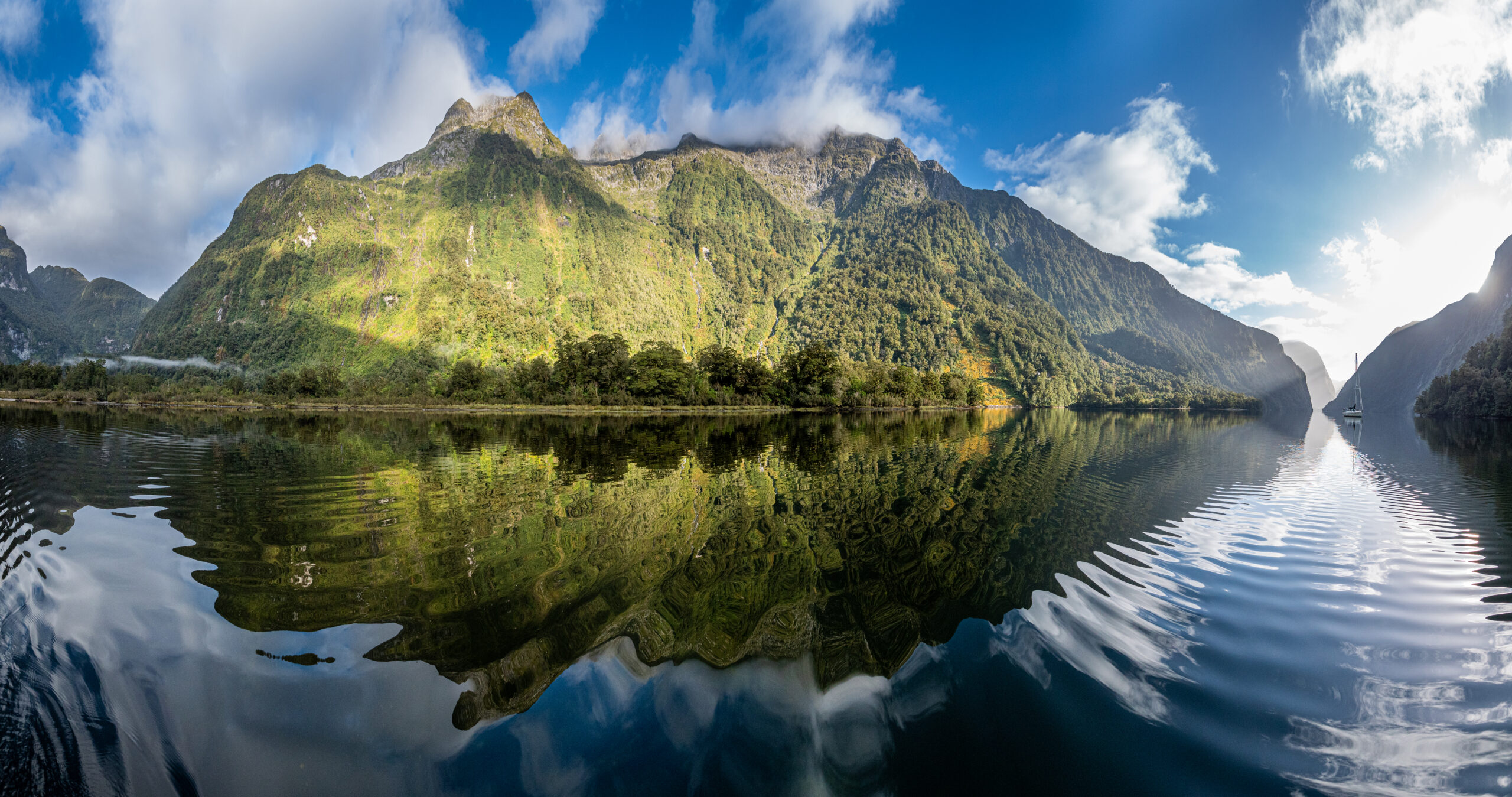
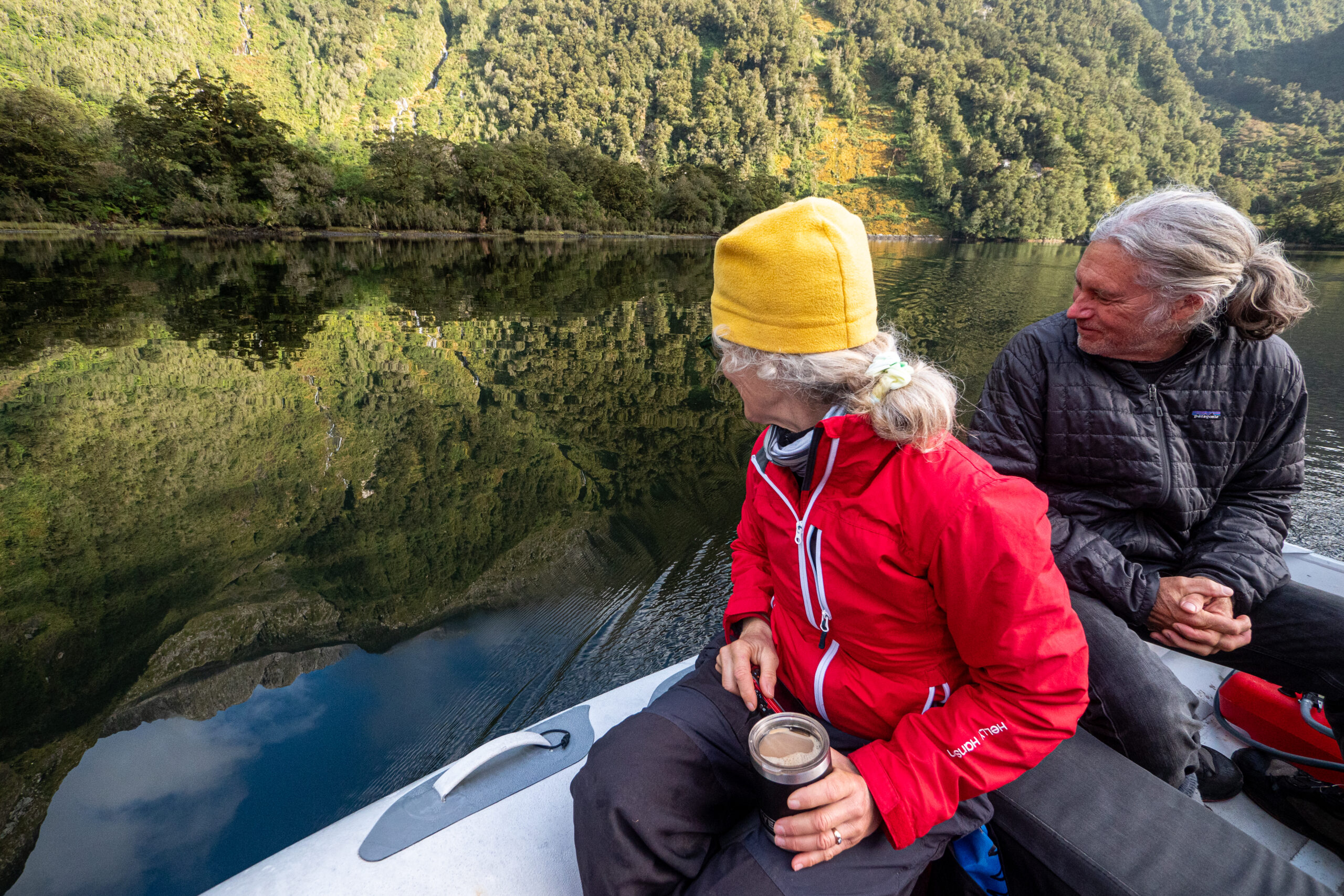
Ha, Wyatt caught us both entranced!
We have experienced a profound cumulative effect traveling through the wilderness of these southern fiords, as we mash through the tangled forest or glide like a whisper through glassy, watery mountain reflections. We feel a growing, deepening awareness of the liveness and power of this unfettered place. Every day Diana peers a little closer into the magical profusion of the rainforest, its tiniest creatures (or the smallest we may perceive) all this abundance of life fueled by fresh water, gray stormy clouds, shifting rays of sunlight, massive stone faces fading softly into the distance. The boundless imagination of nature is vividly accessible here, free of scheming human interference. Inexhaustible, effortless celebration. We feel blessed to feel like we belong, to participate at our particular scale, with our particular way of perceiving. Gratefully reconnected as dolphins come to play alongside Allora, turn and smile and look back at us with familiar eyes, into our own delighted gaze. As the sky softens at sunset, or looms heavy with rain before the storm, as water gushes from waterfalls that were not there before the deluge, thundering into the fiord, as williwaws tornado in wild rainbow mists across startled coves, how delightful it is to be alive, a part of, this marvelous, miraculous world. ~MS
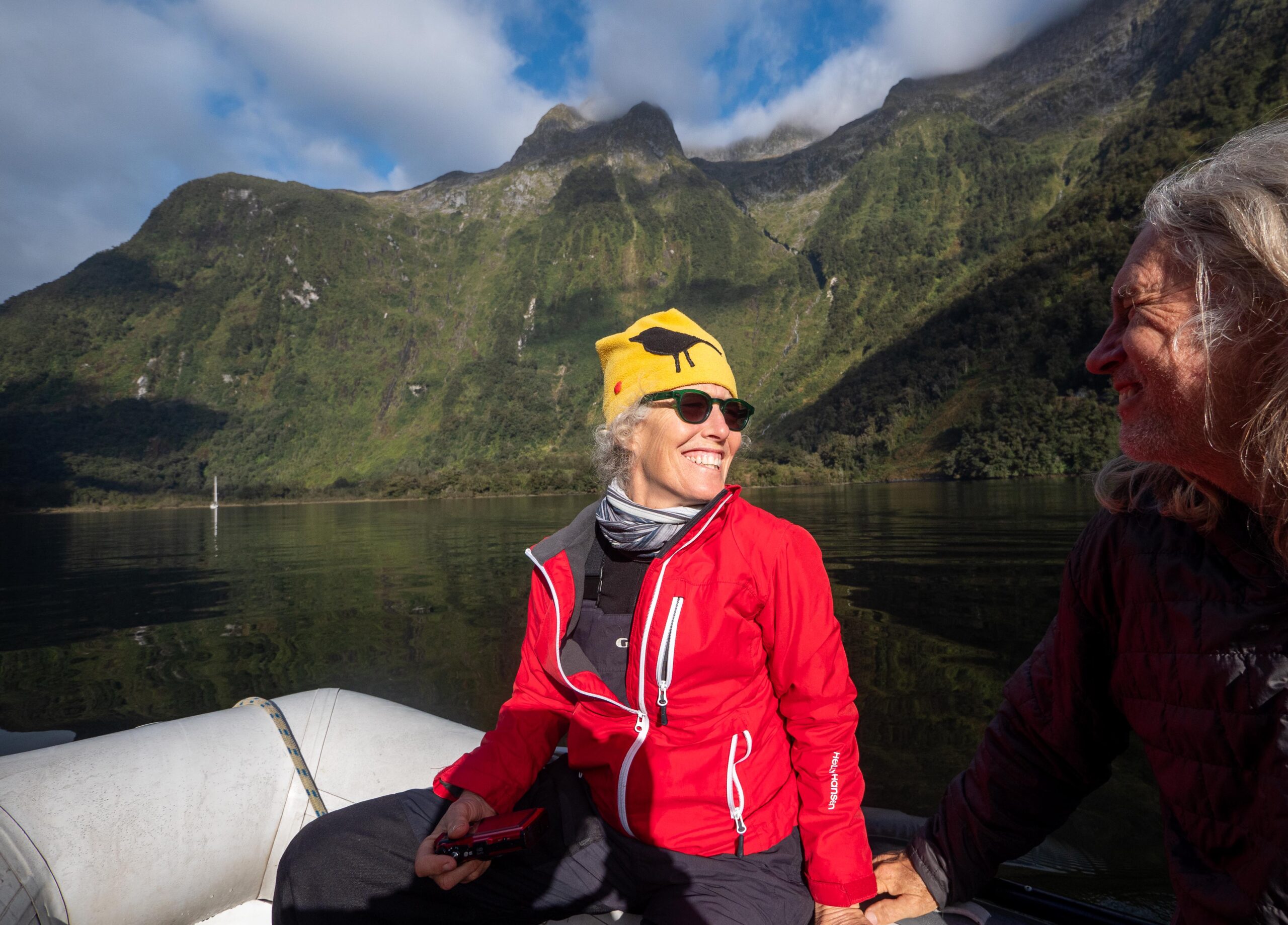
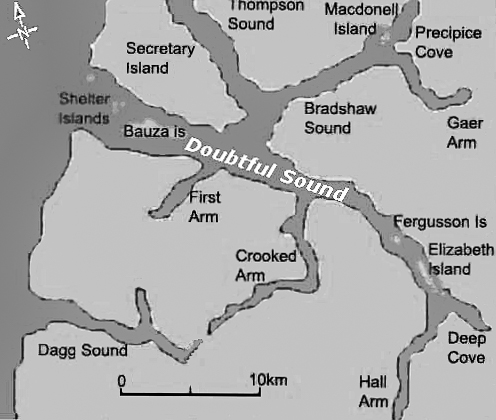
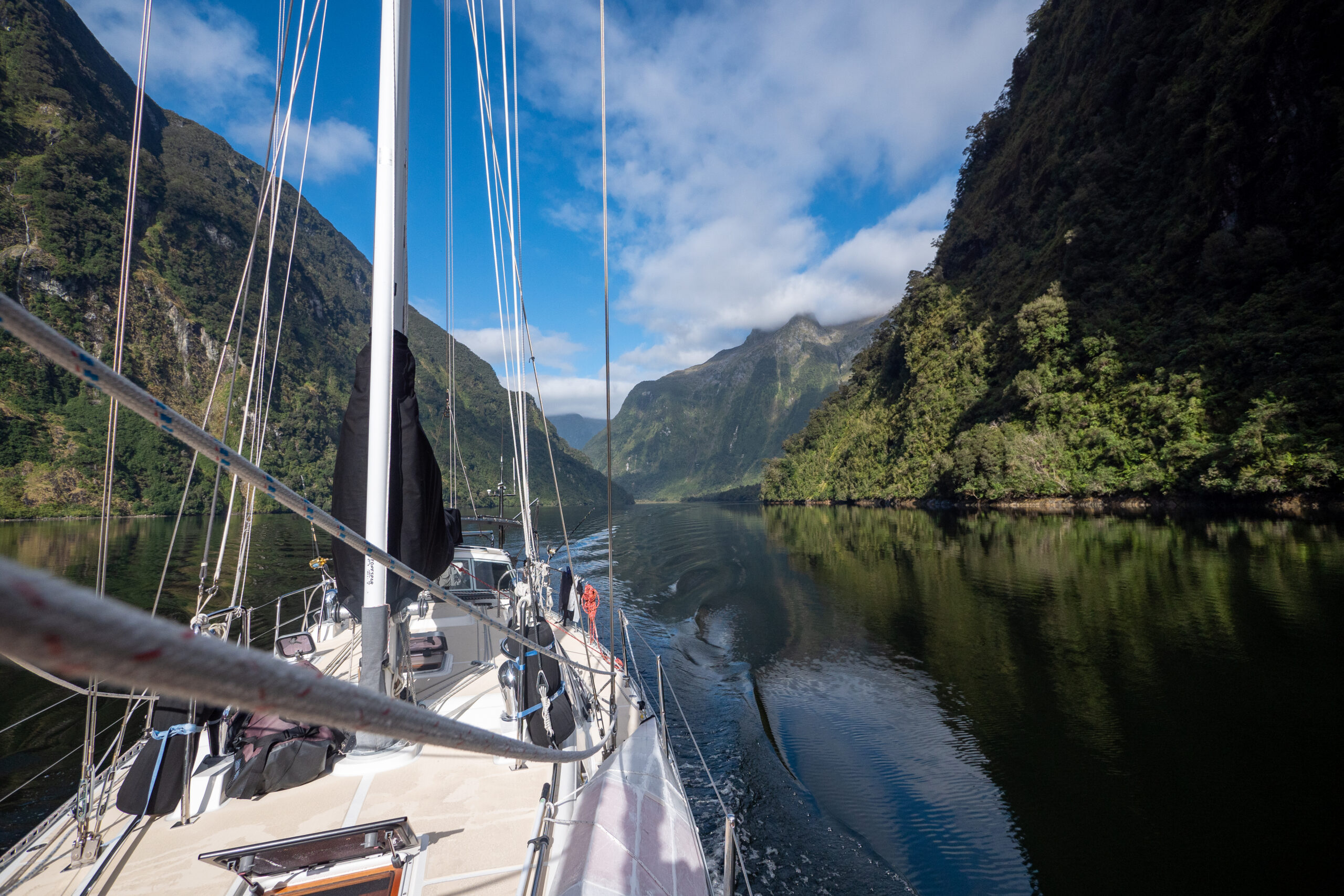
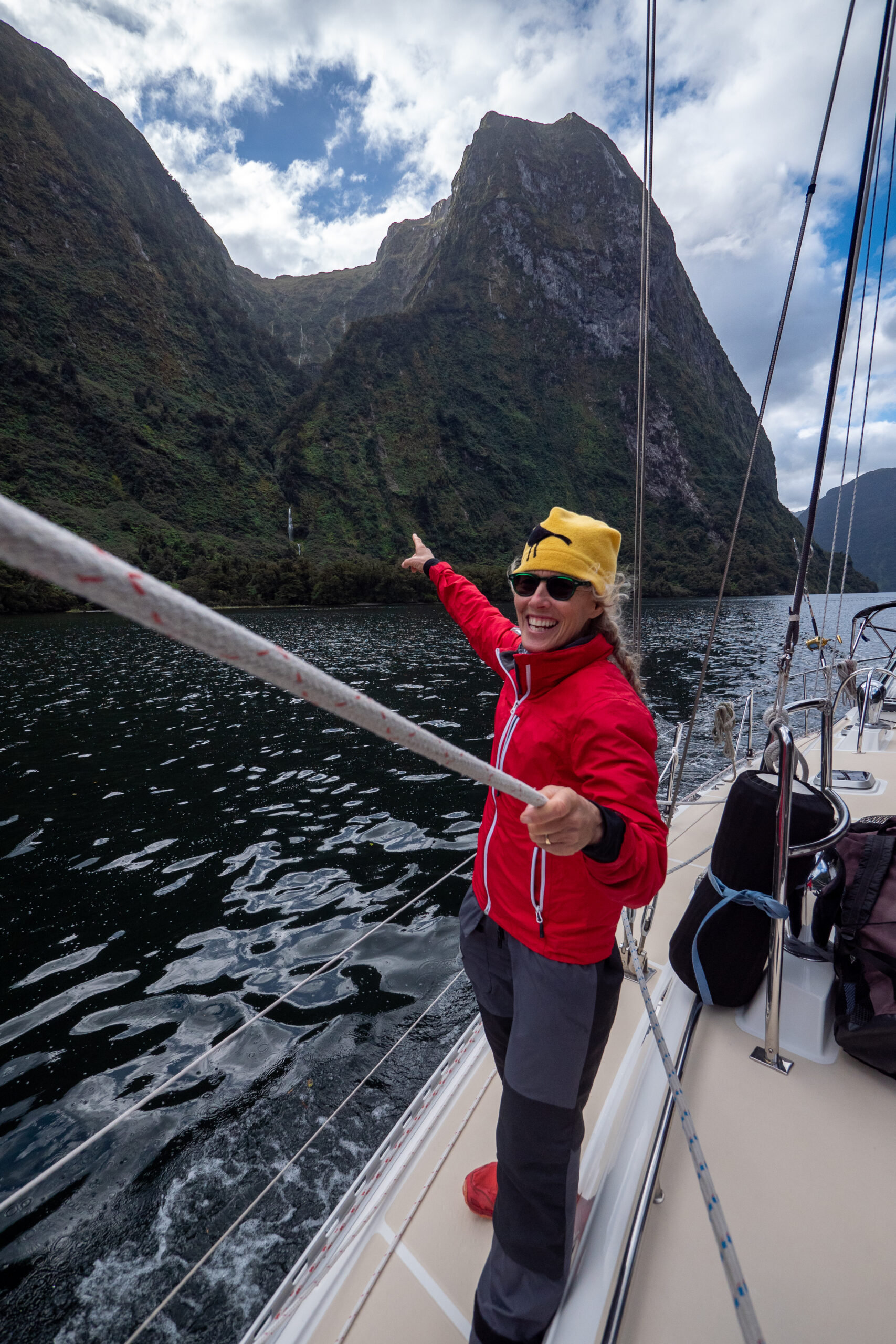

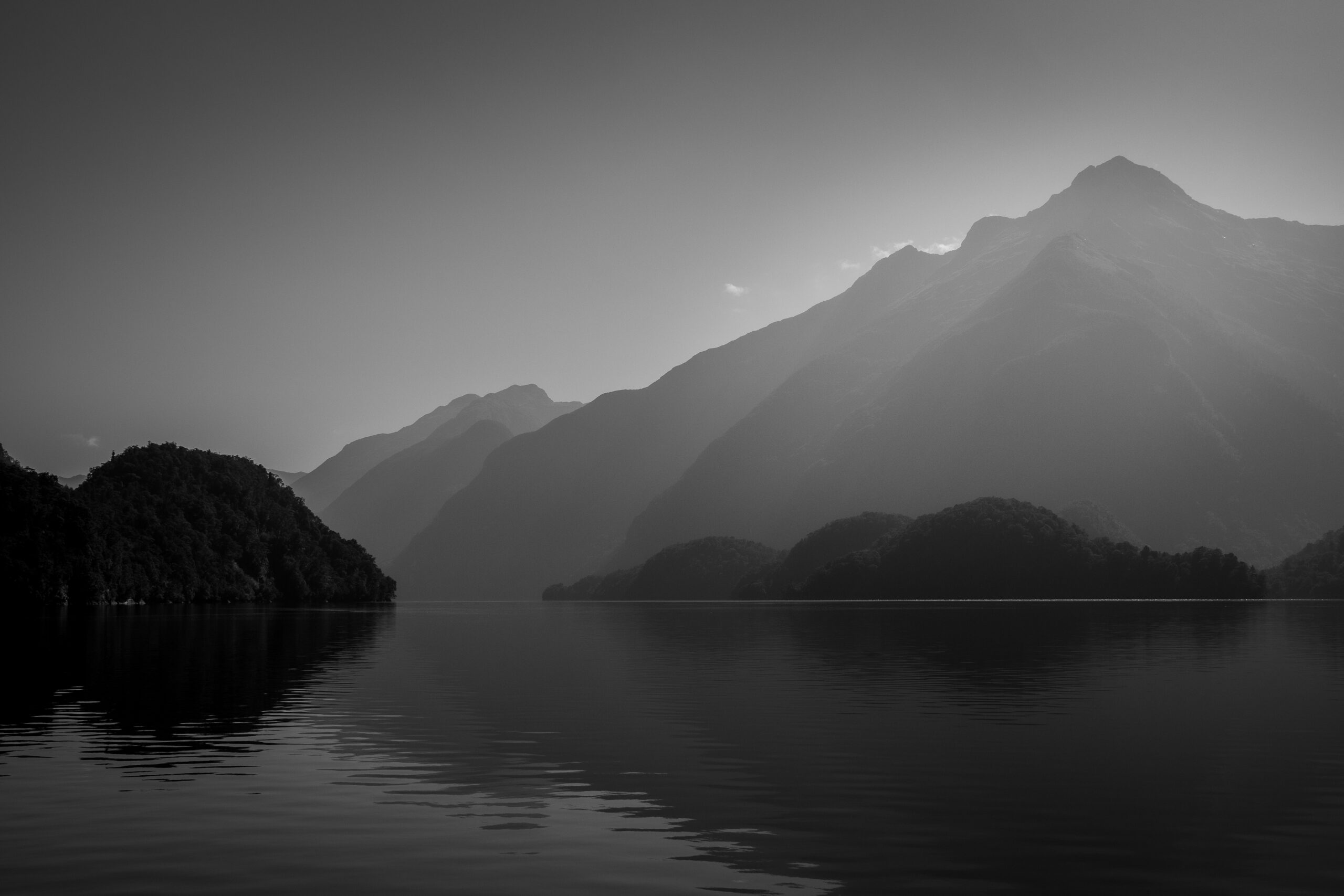
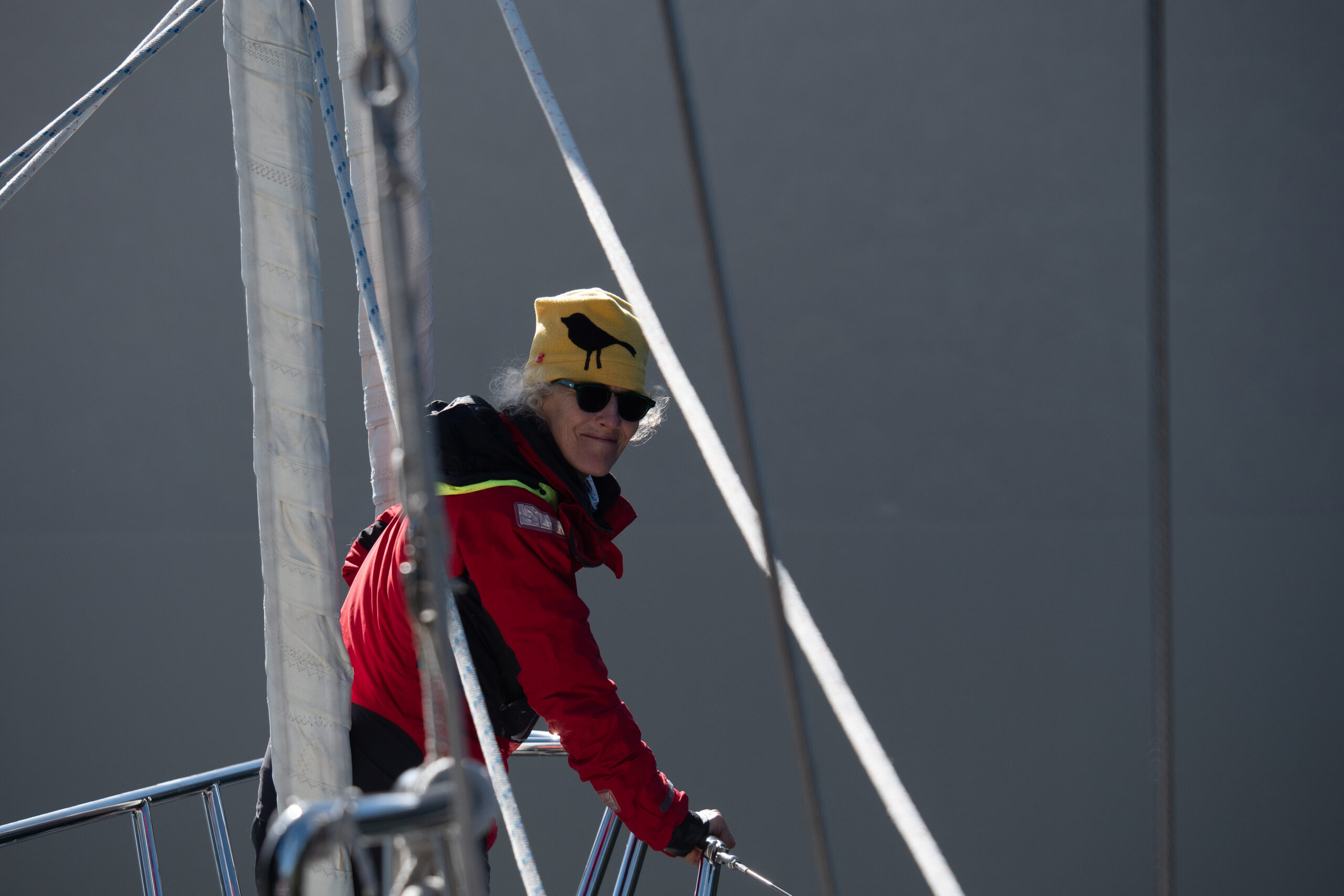
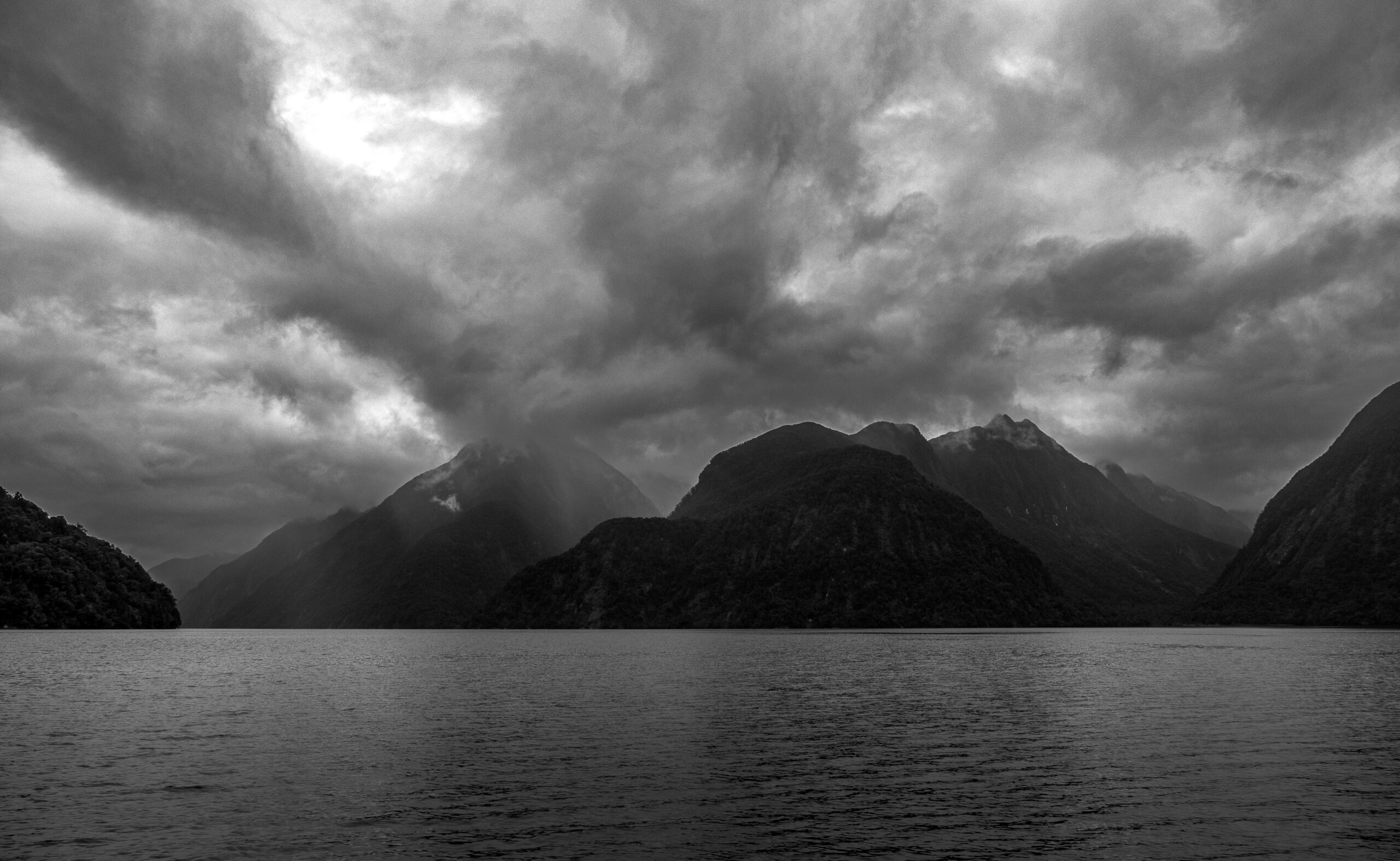
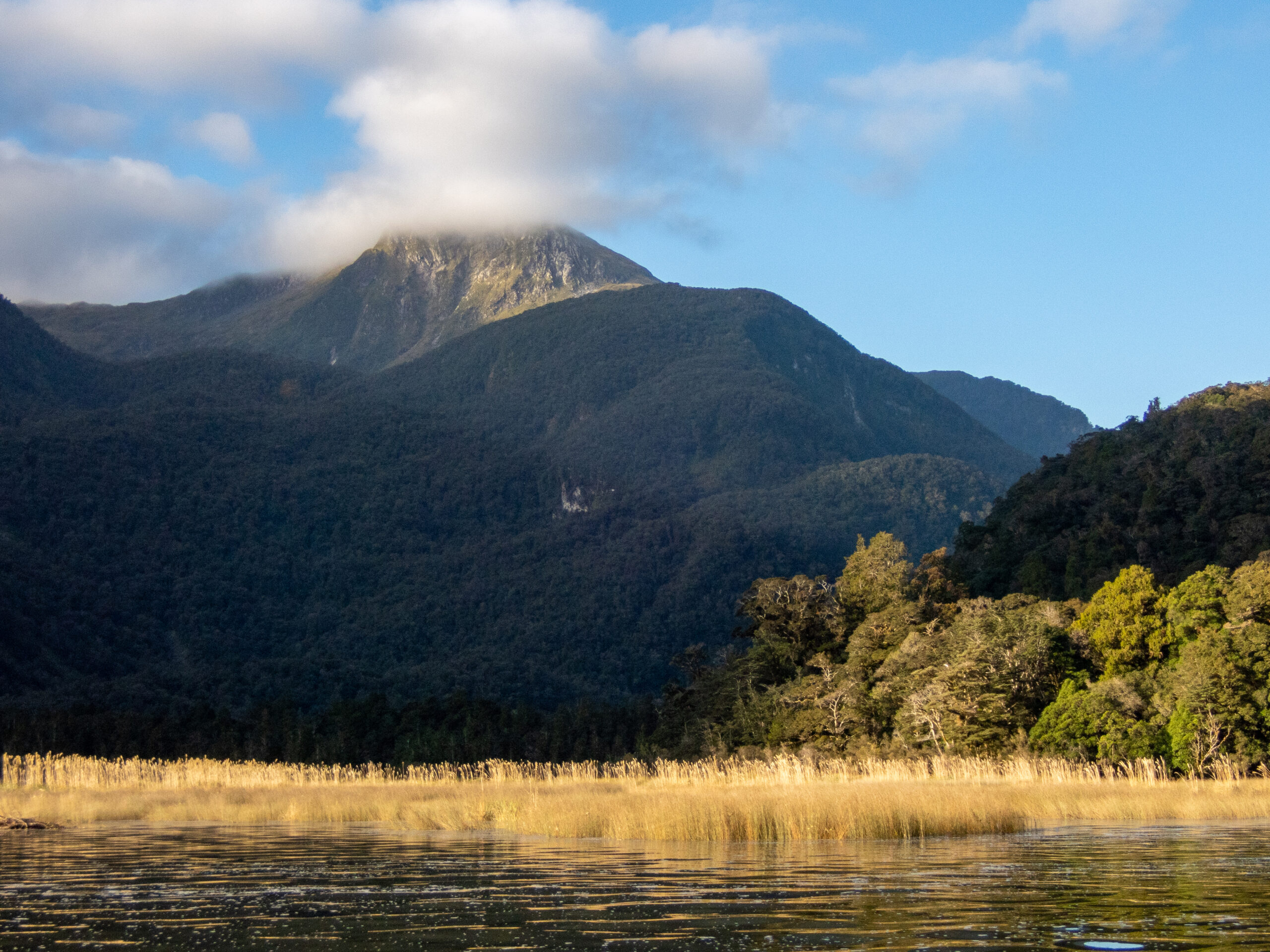

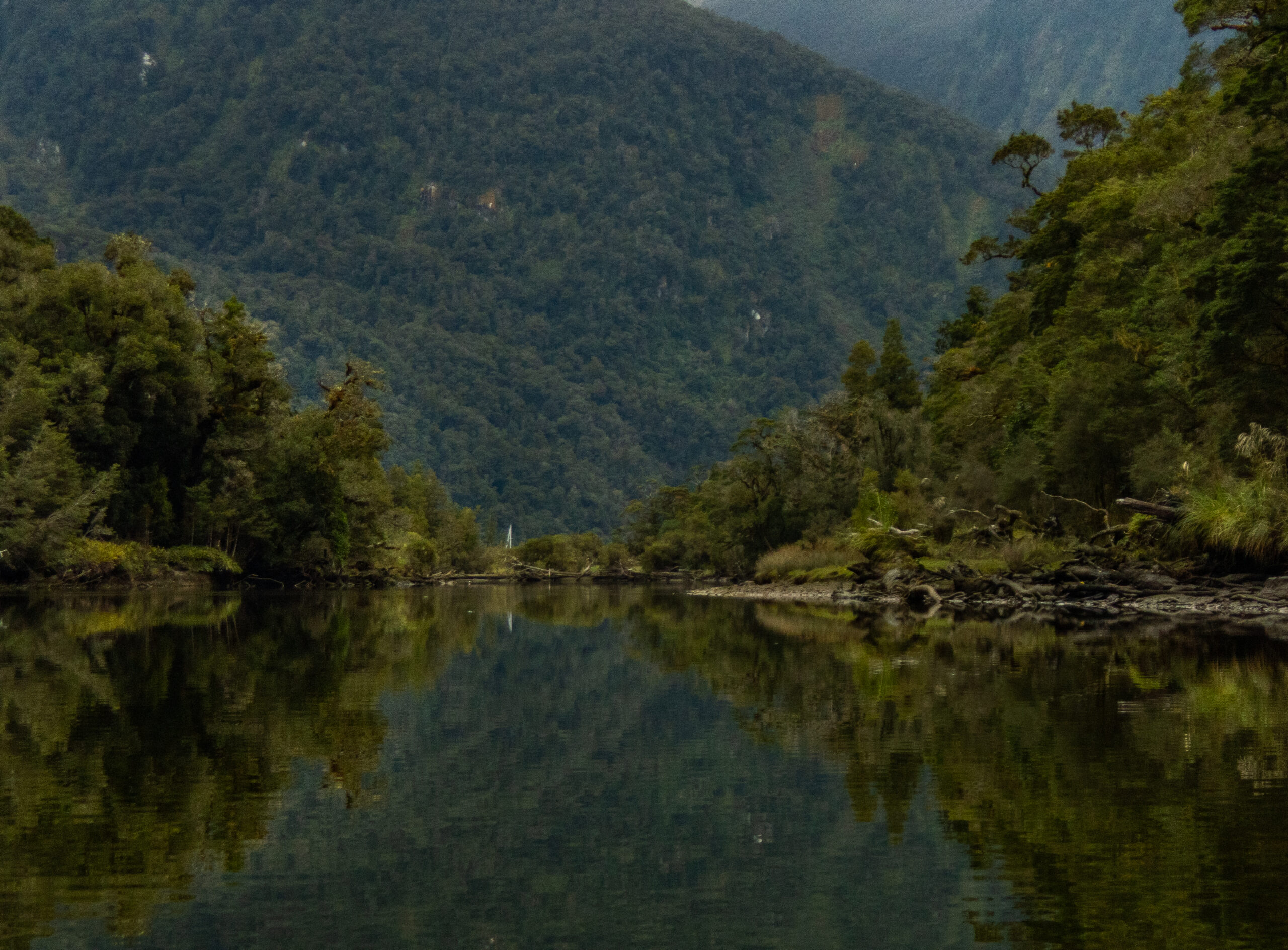



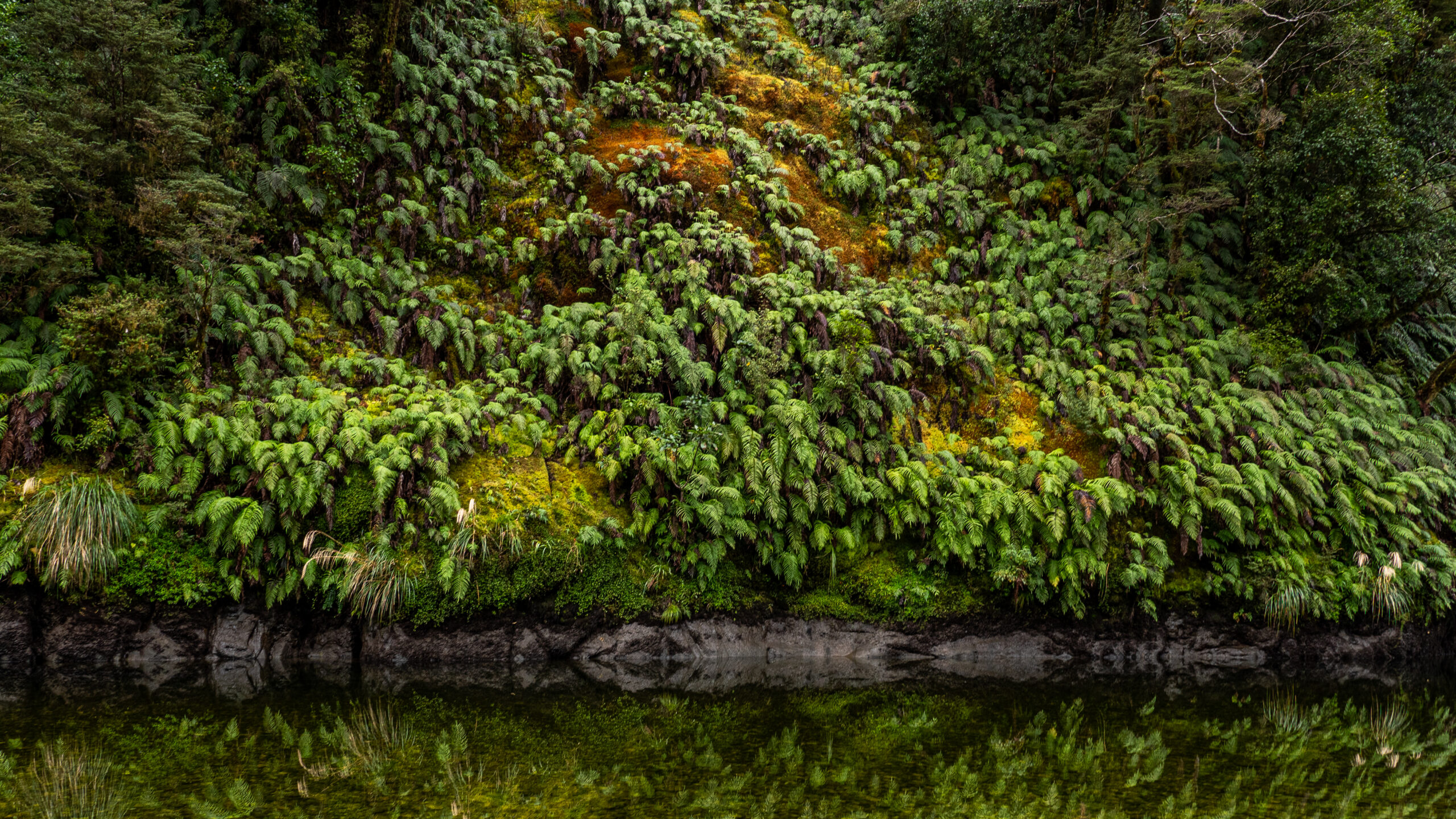
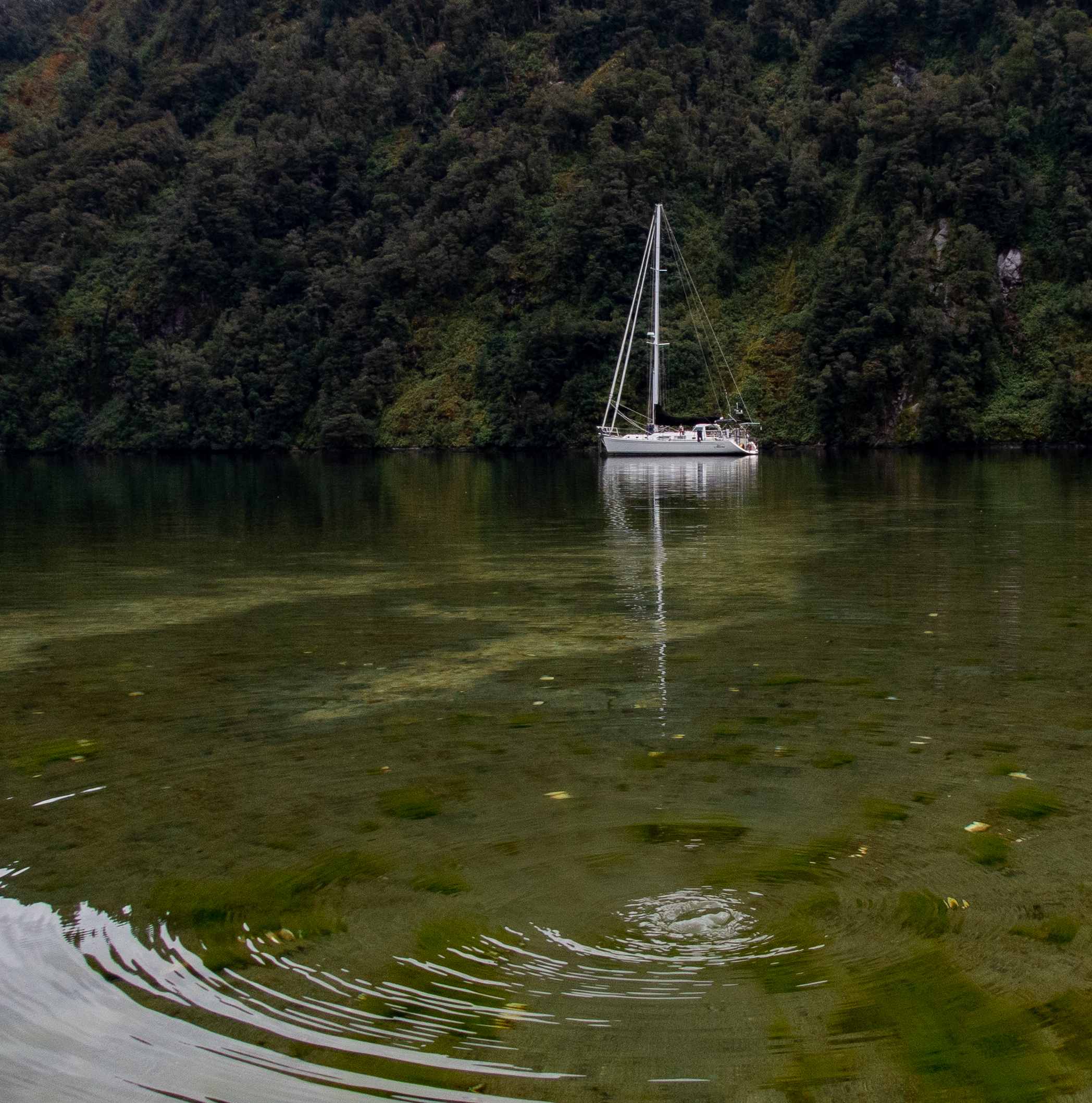

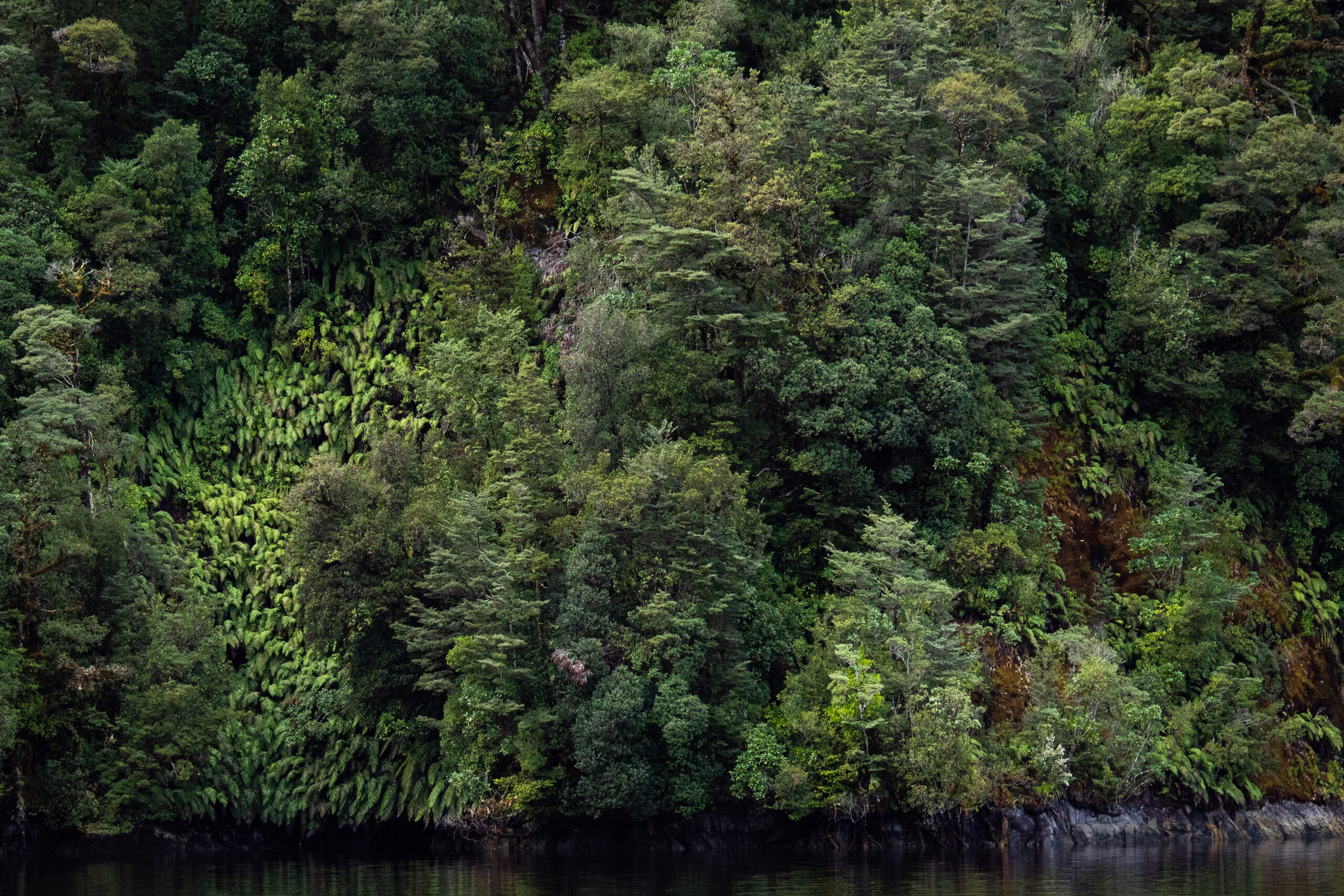
We moved across Bradshaw Sound to Precipice Cove/MacDonnell Island, an all weather anchorage.
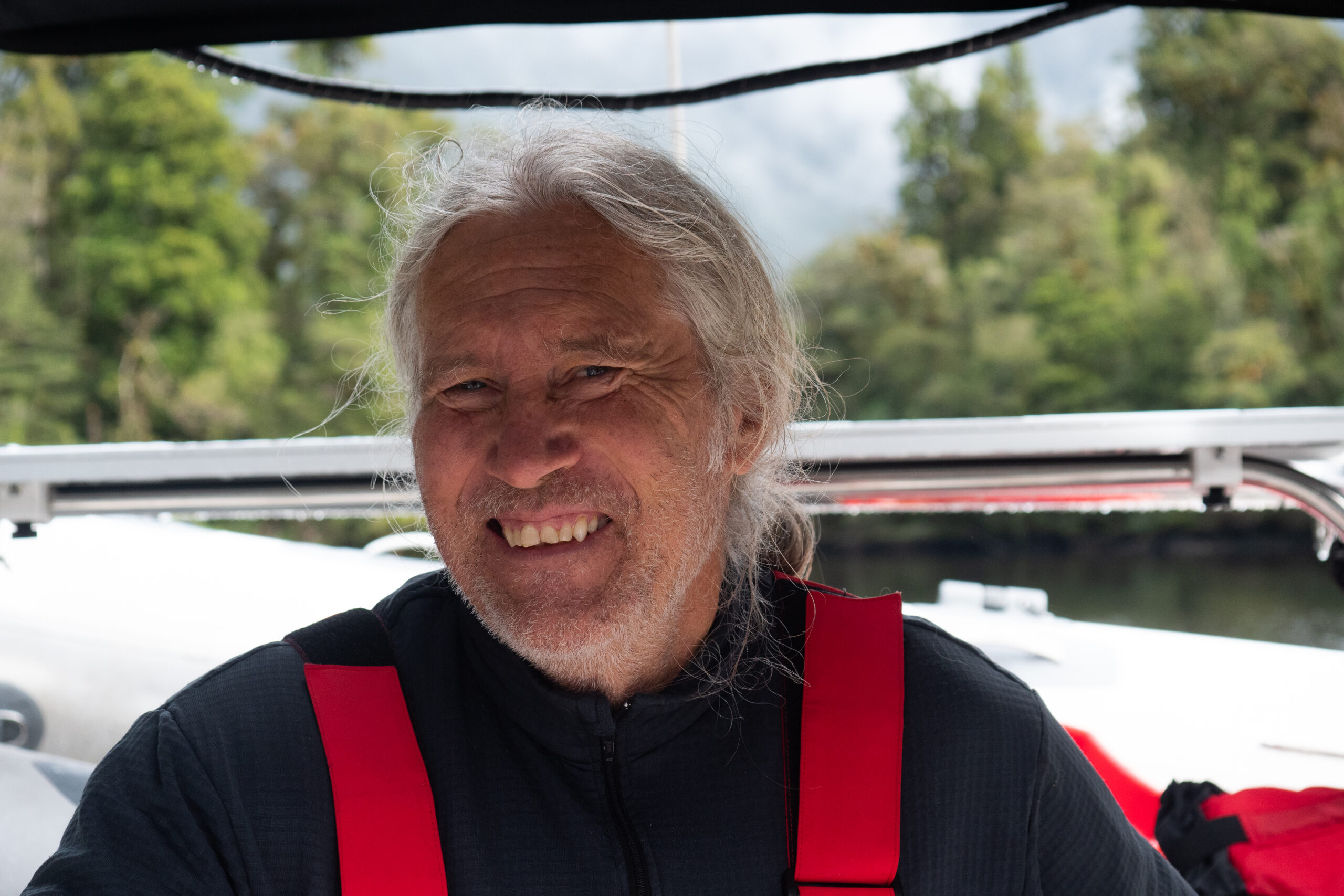
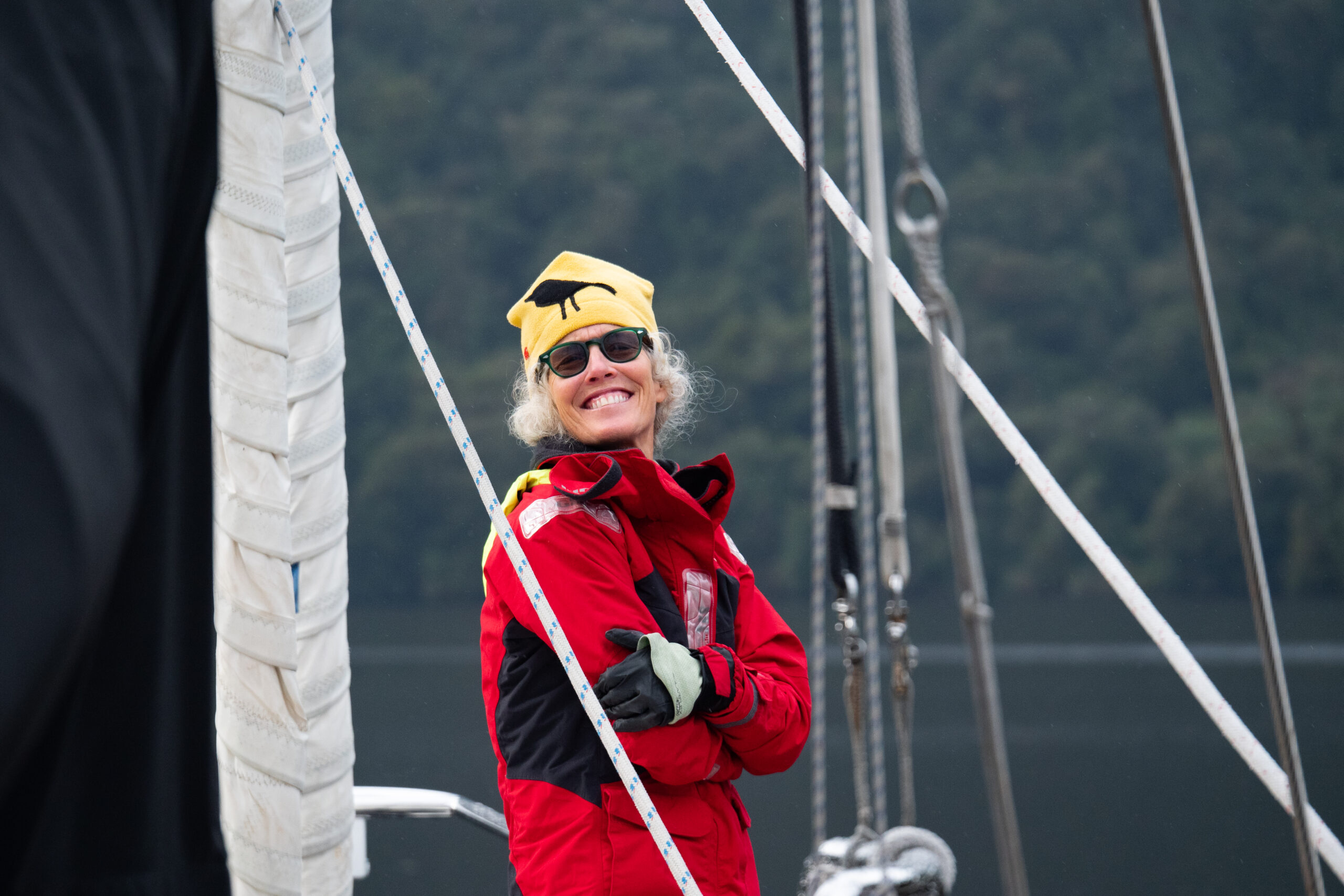
Still quite giddy about having one on one time with Wyatt before he flies back to the States.
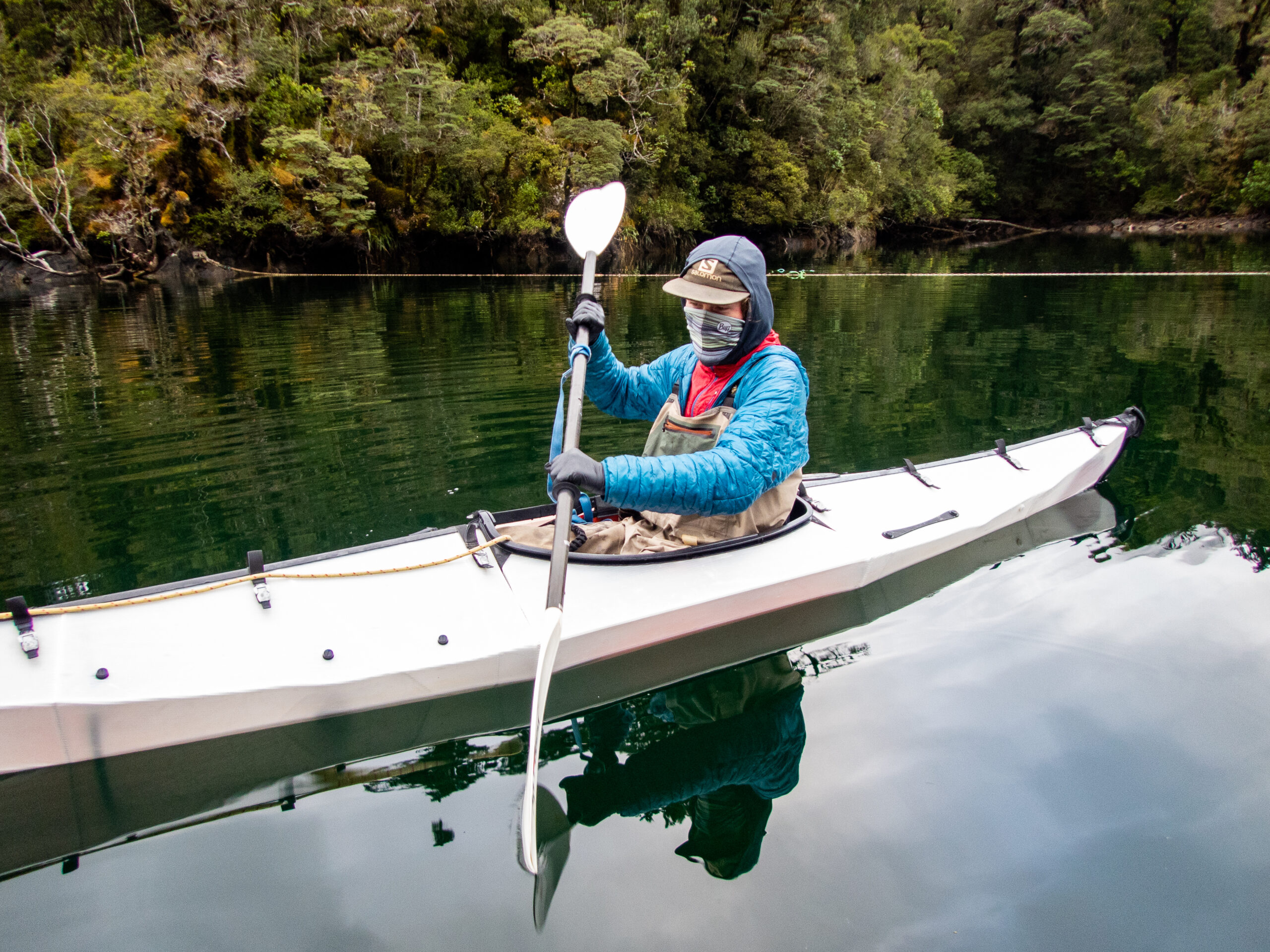
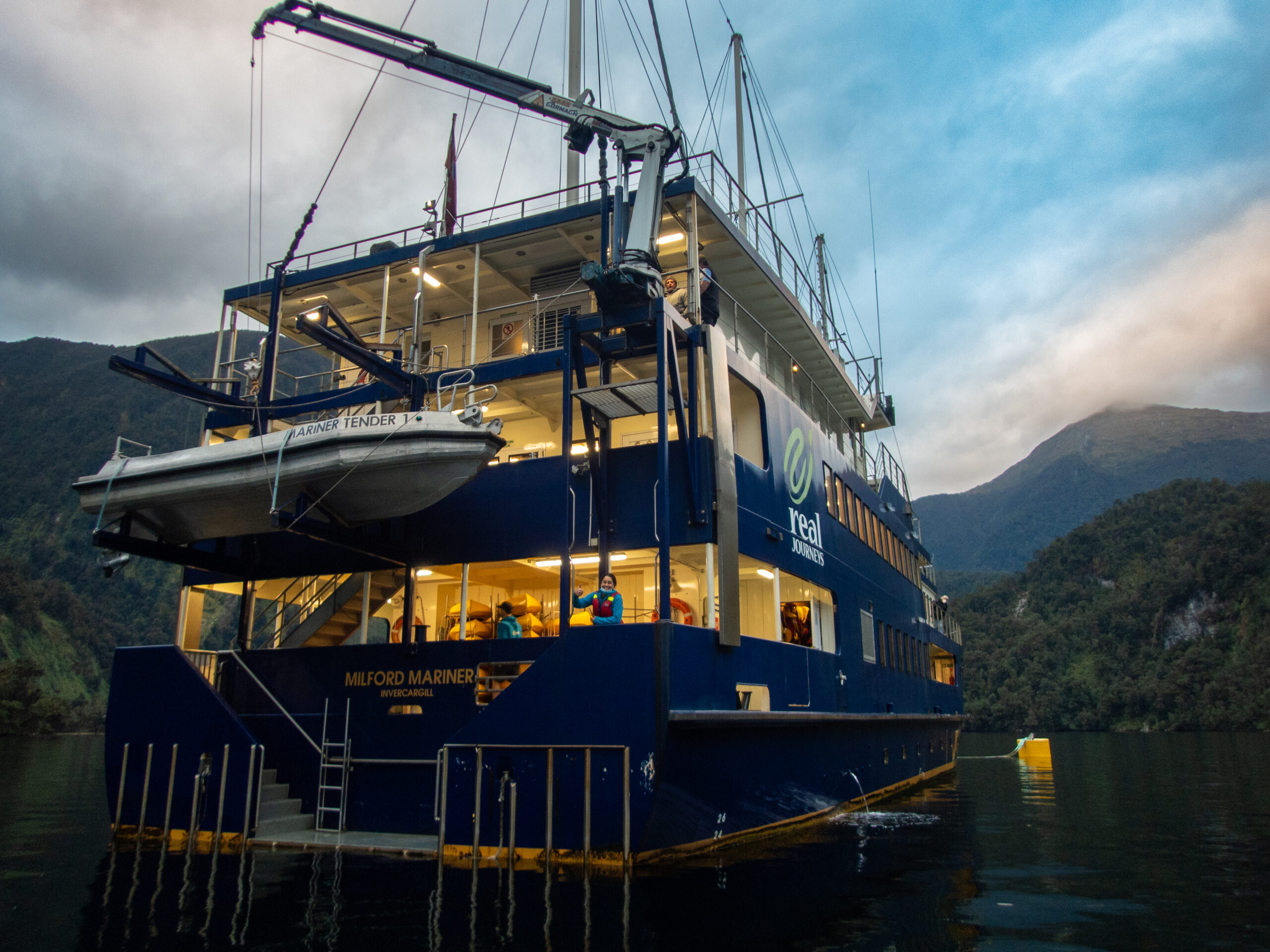



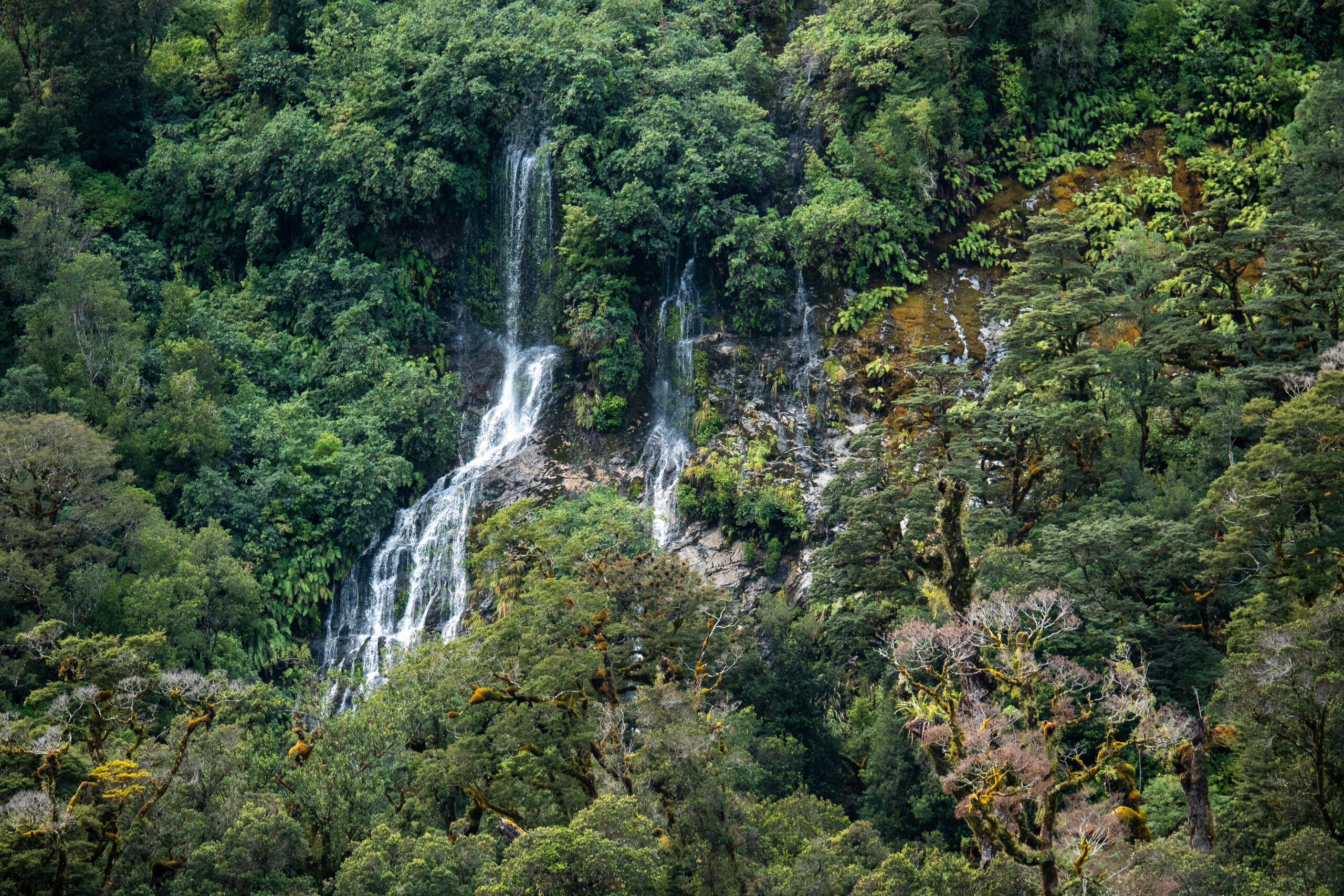

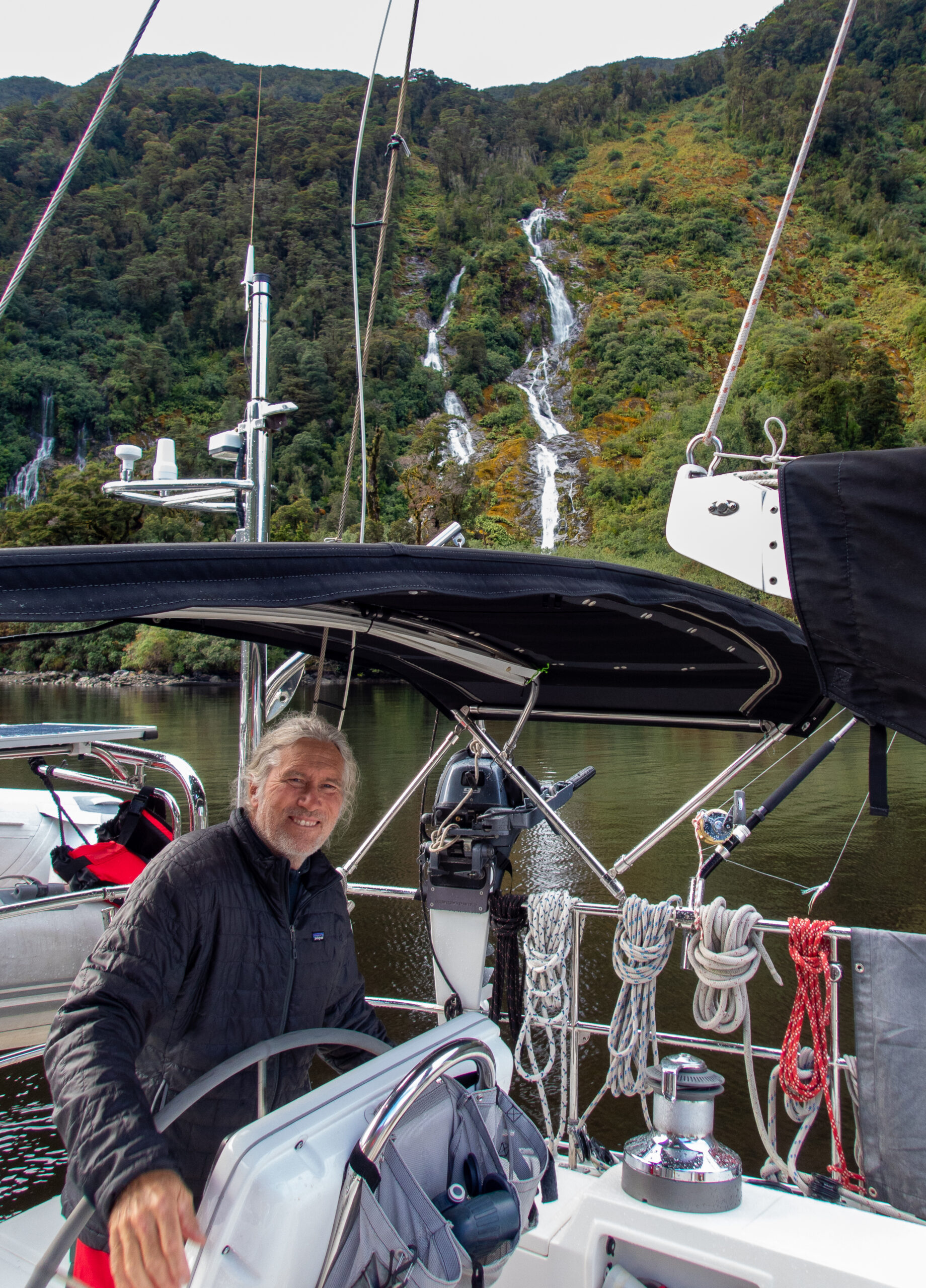

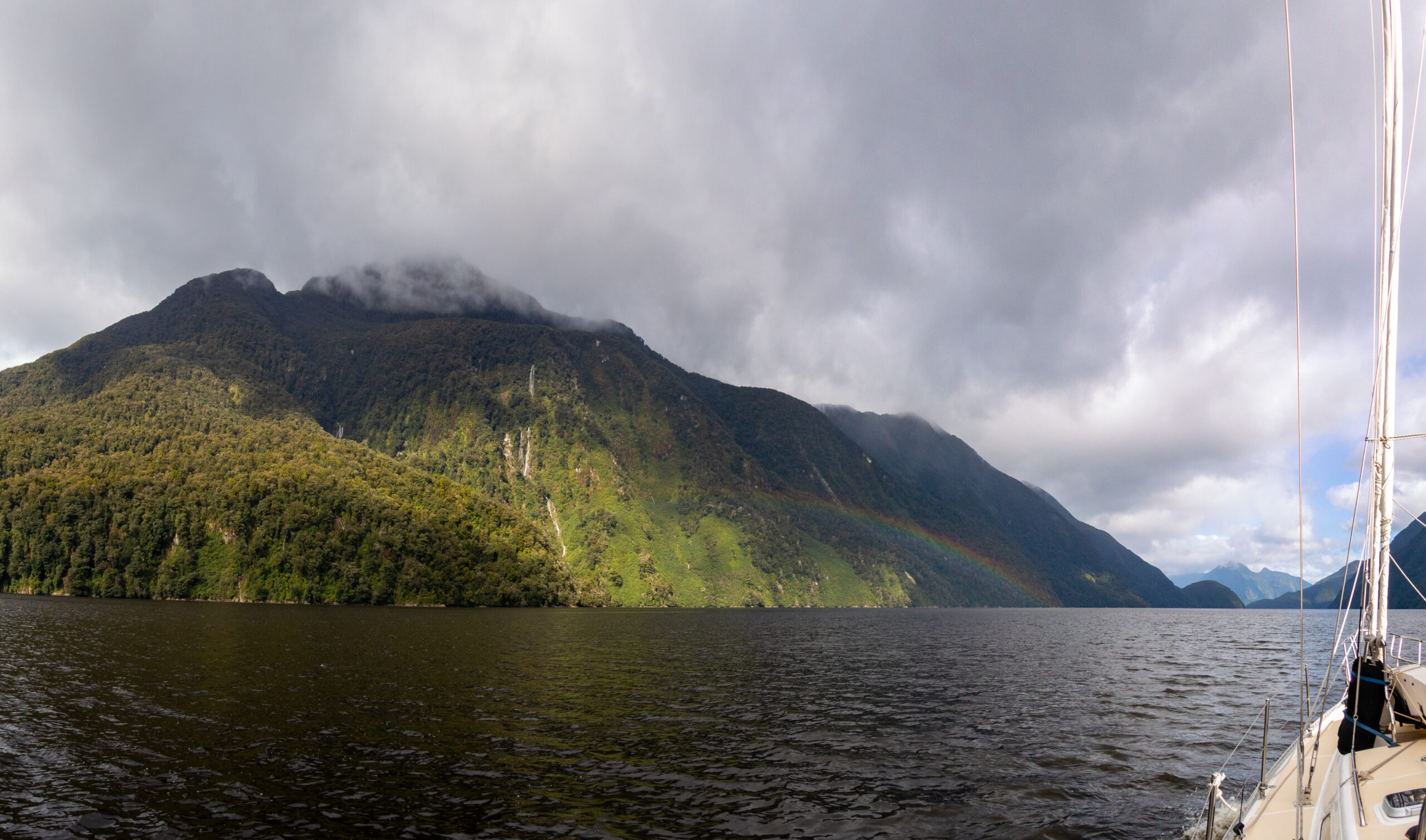

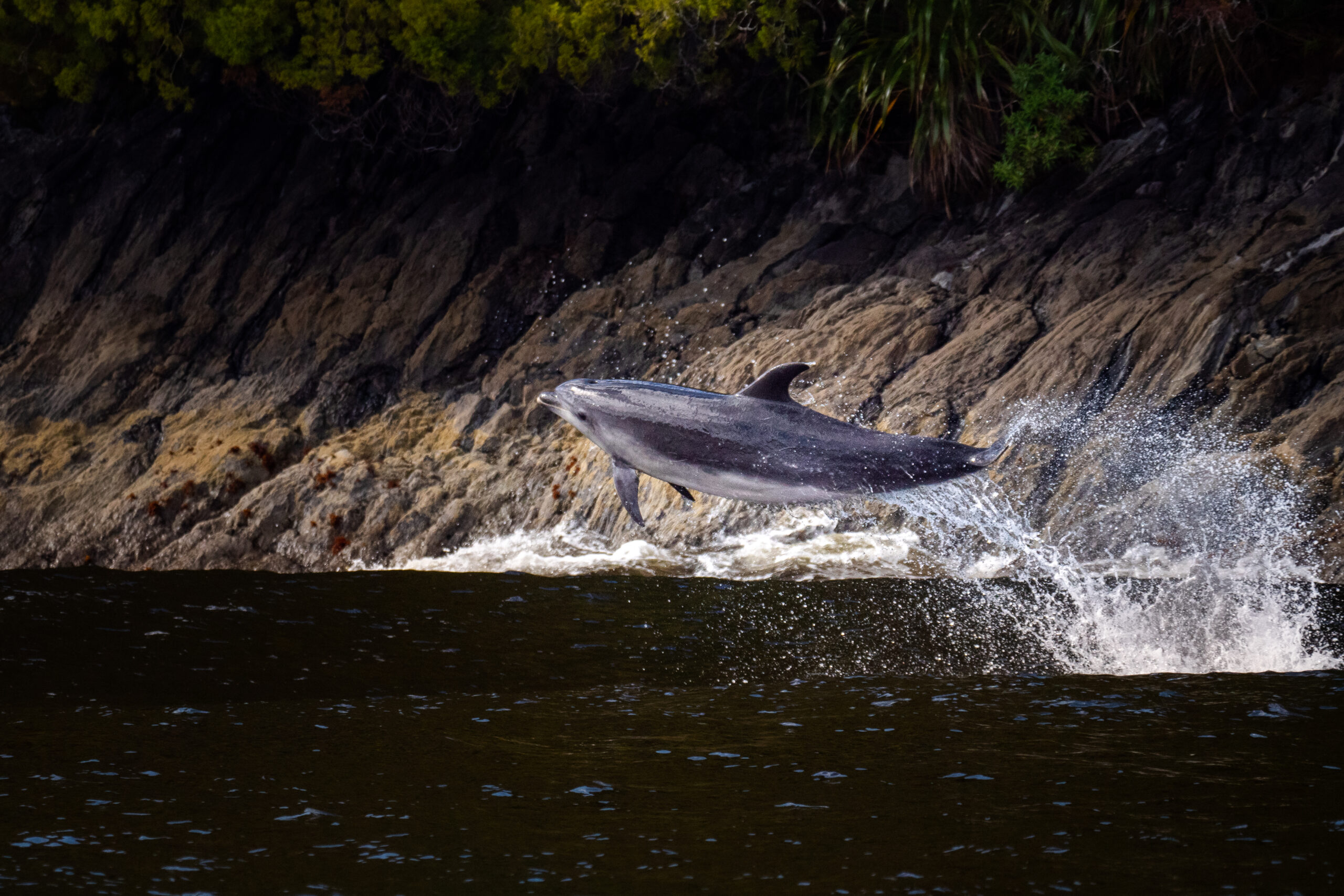


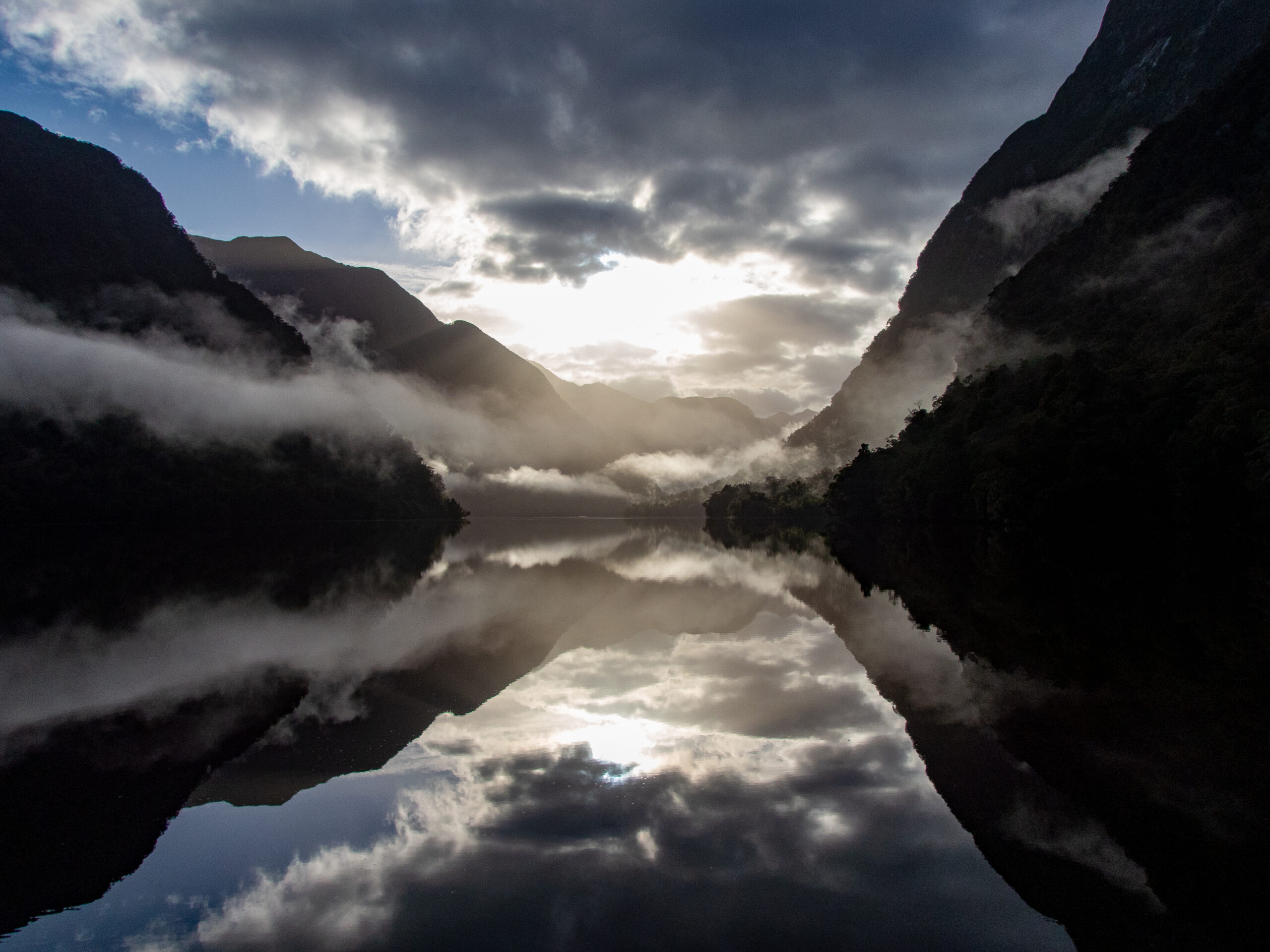
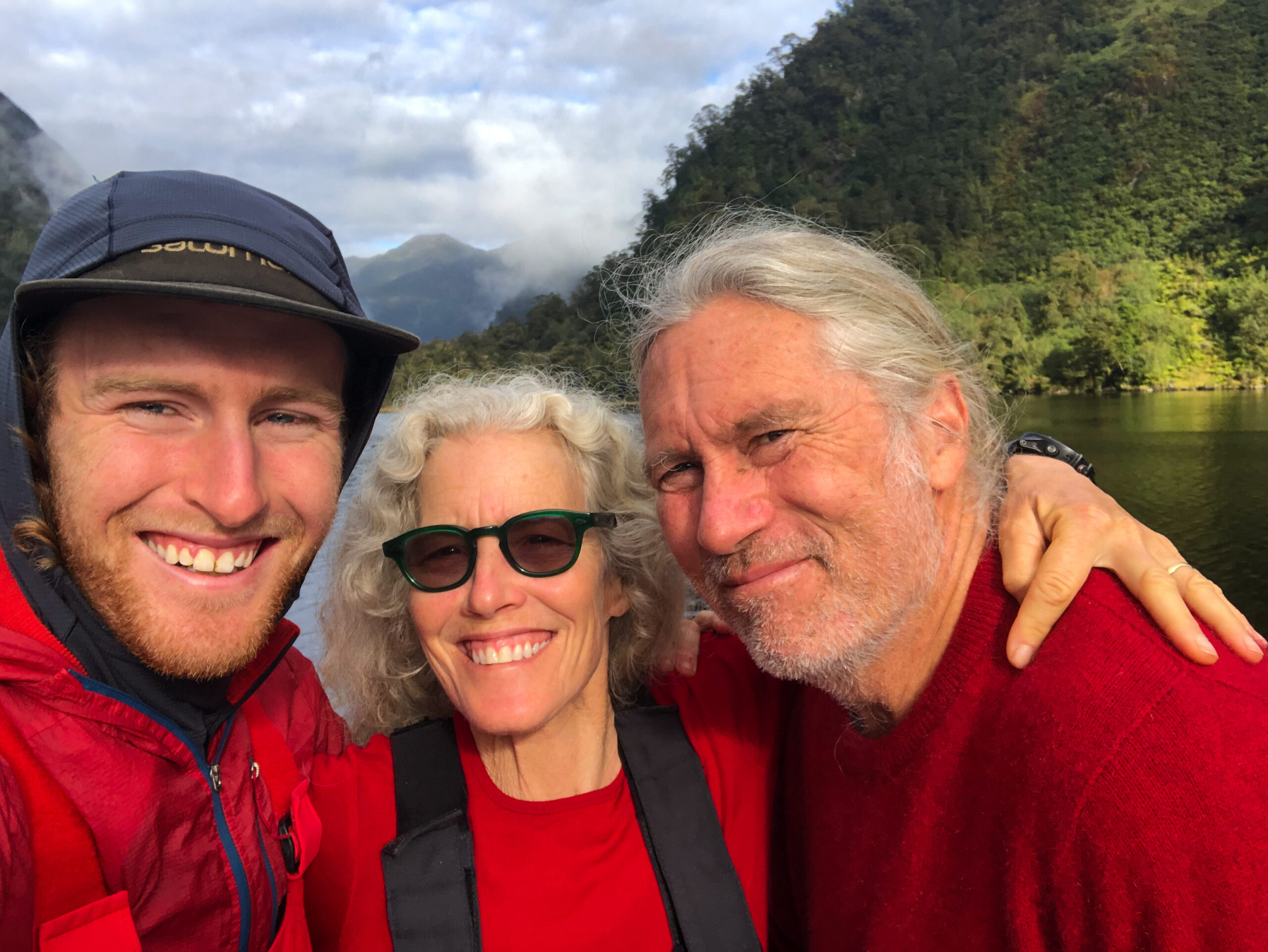

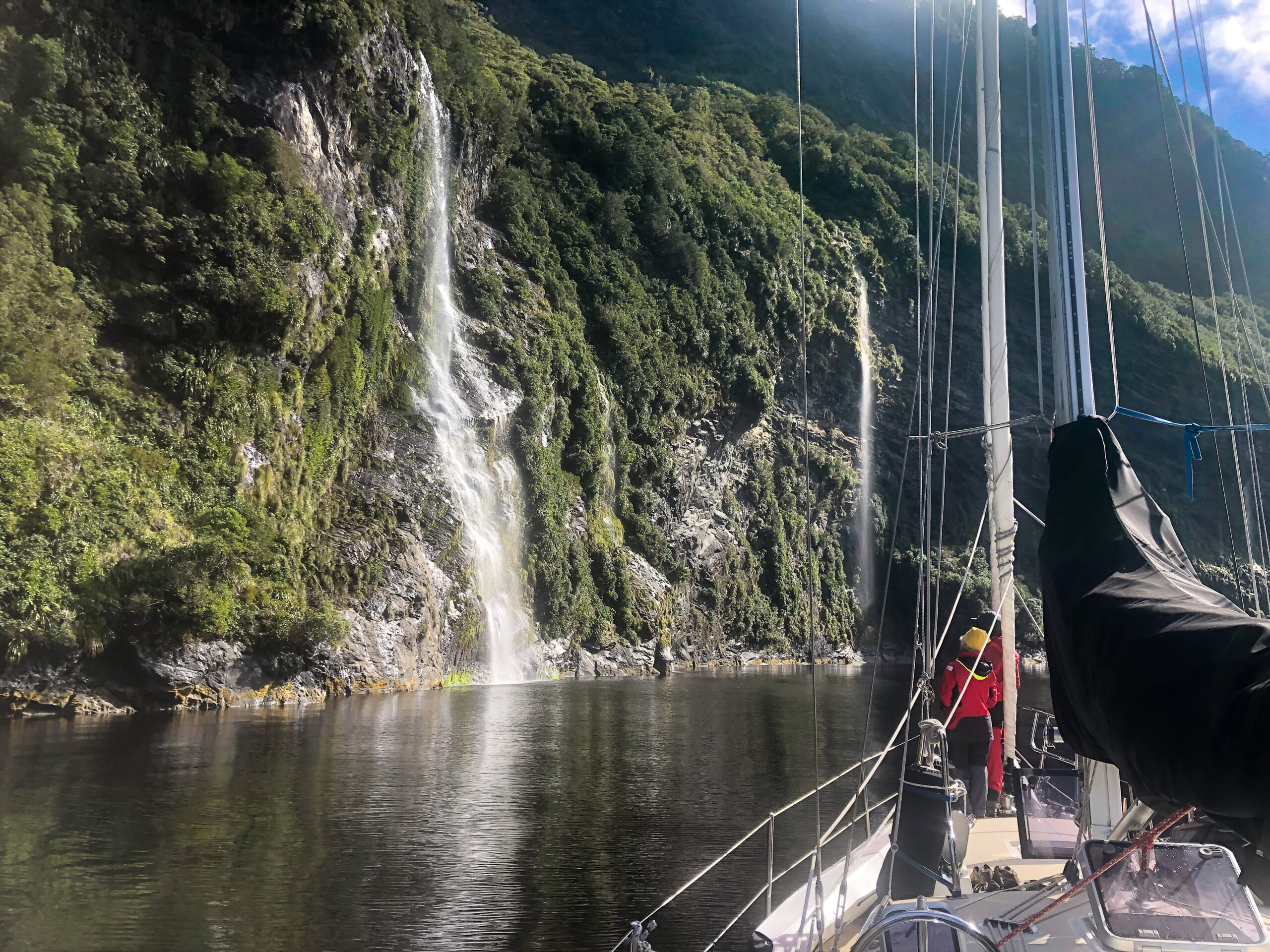
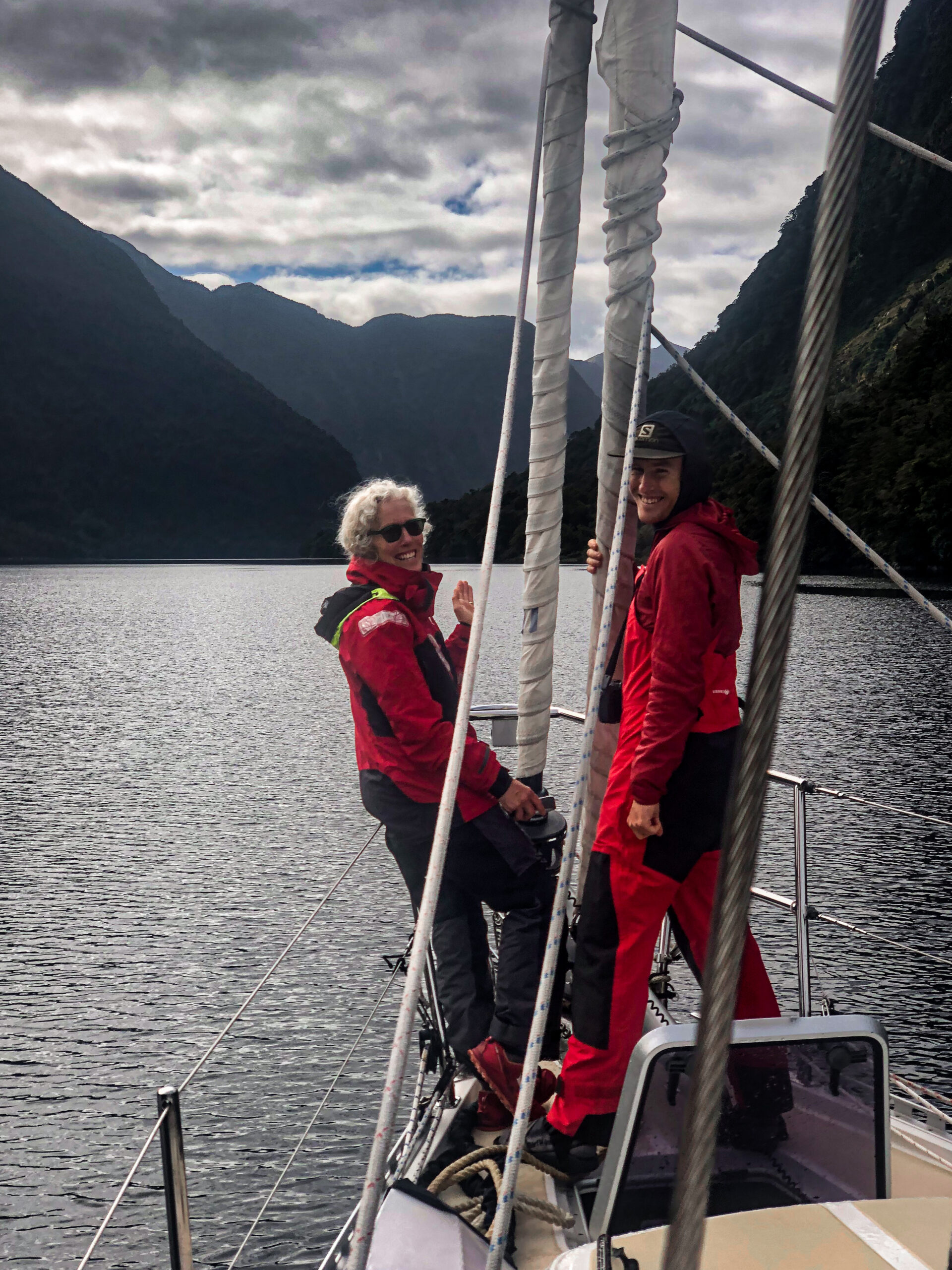



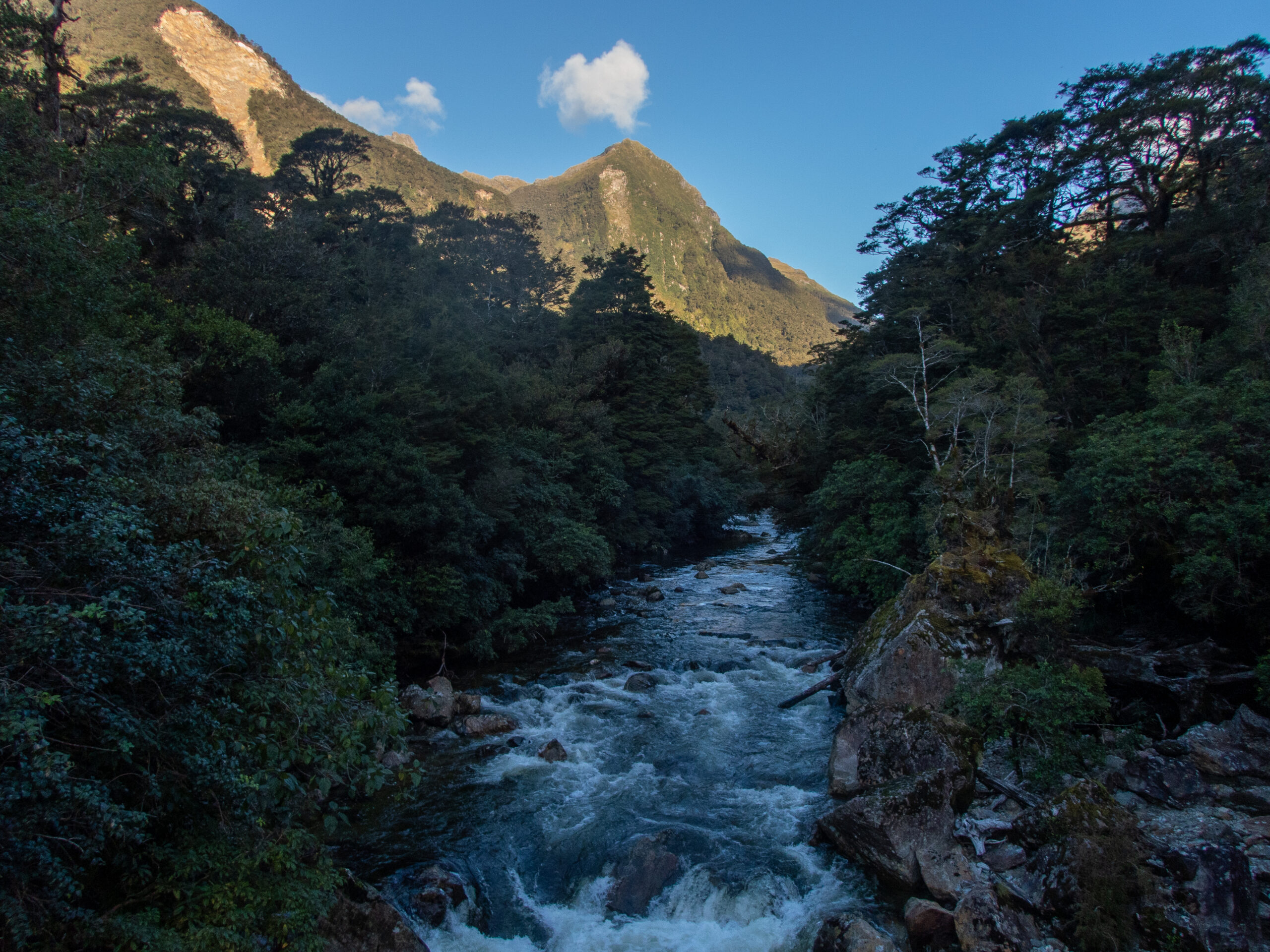
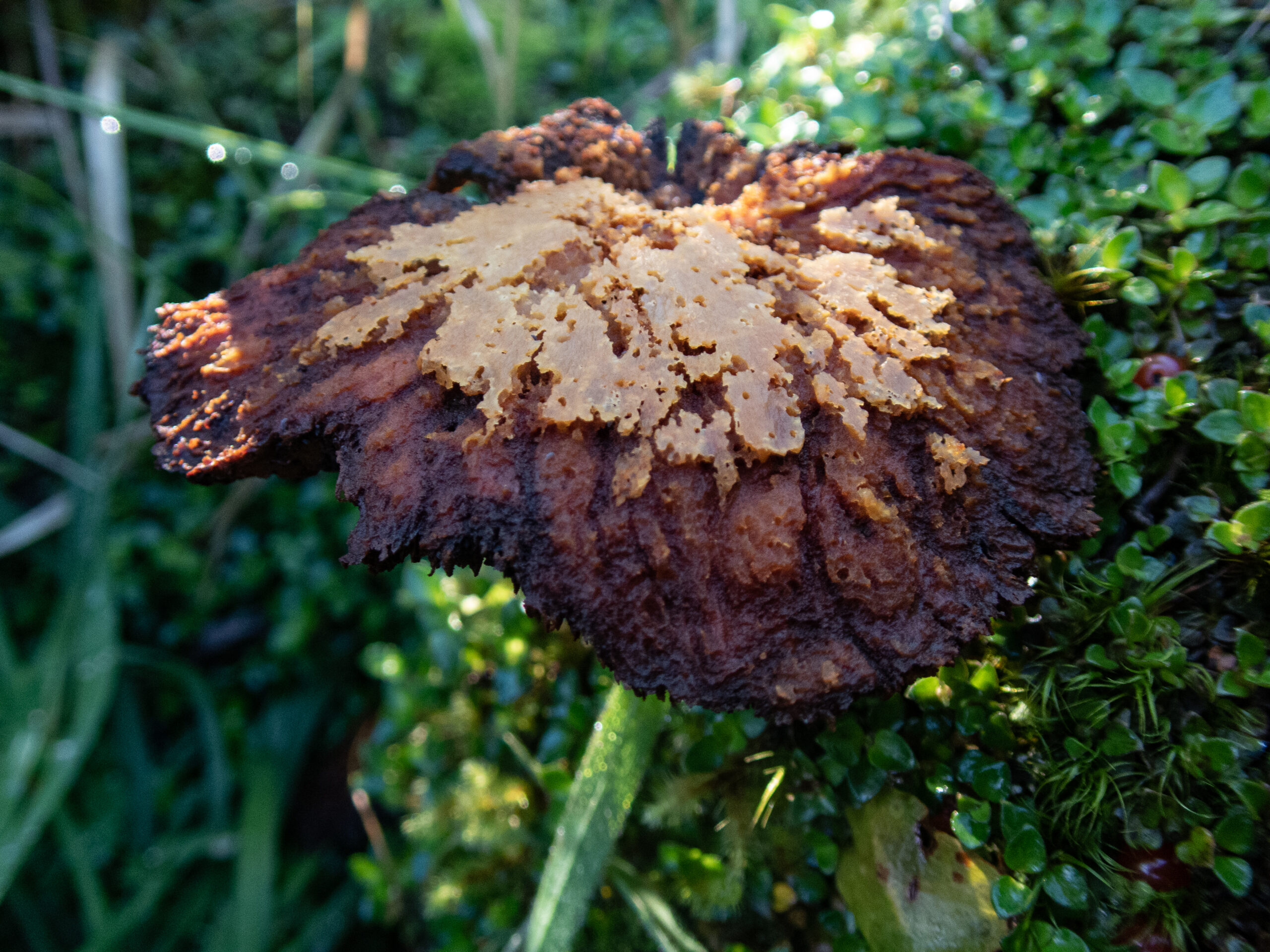
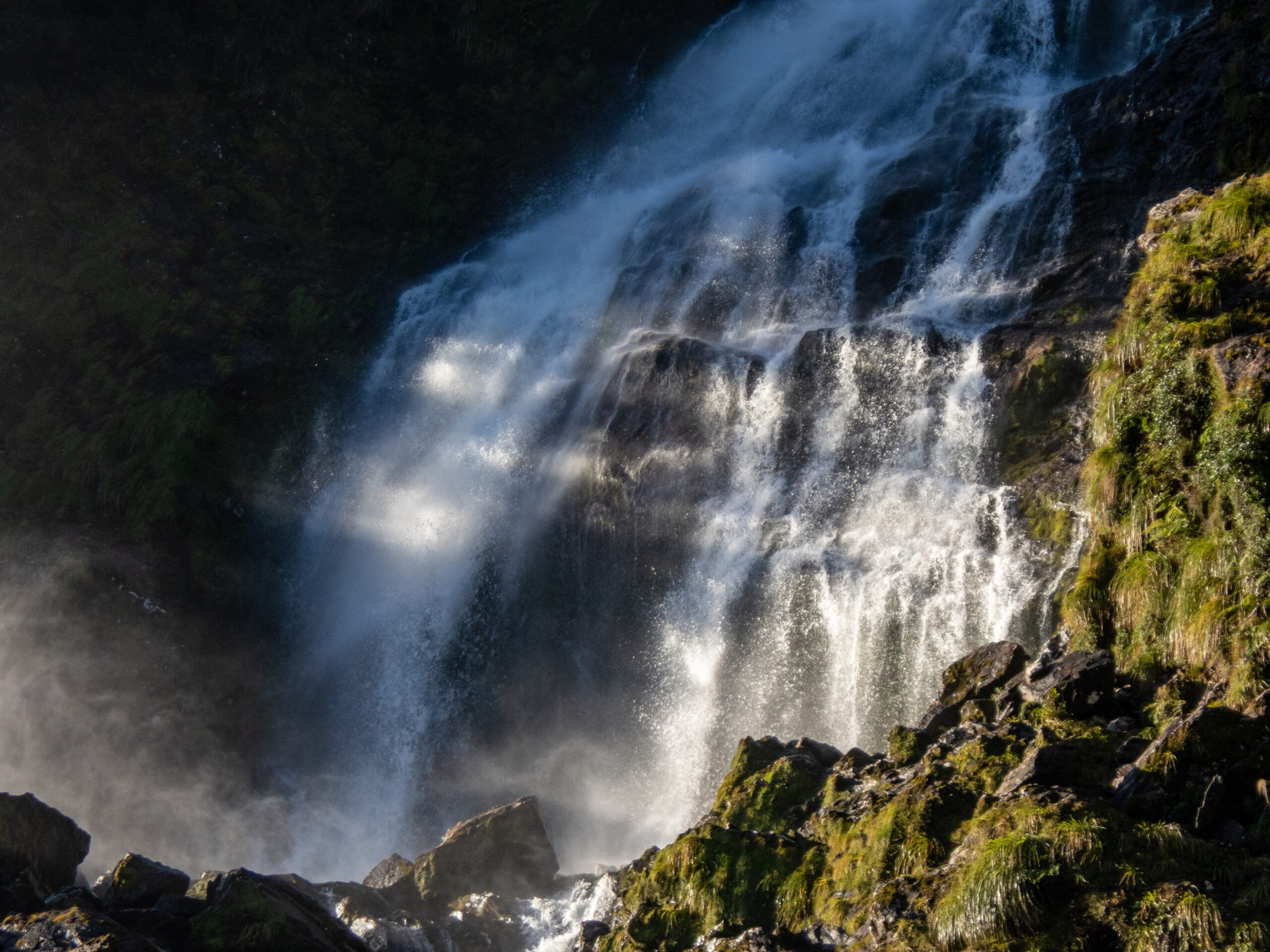

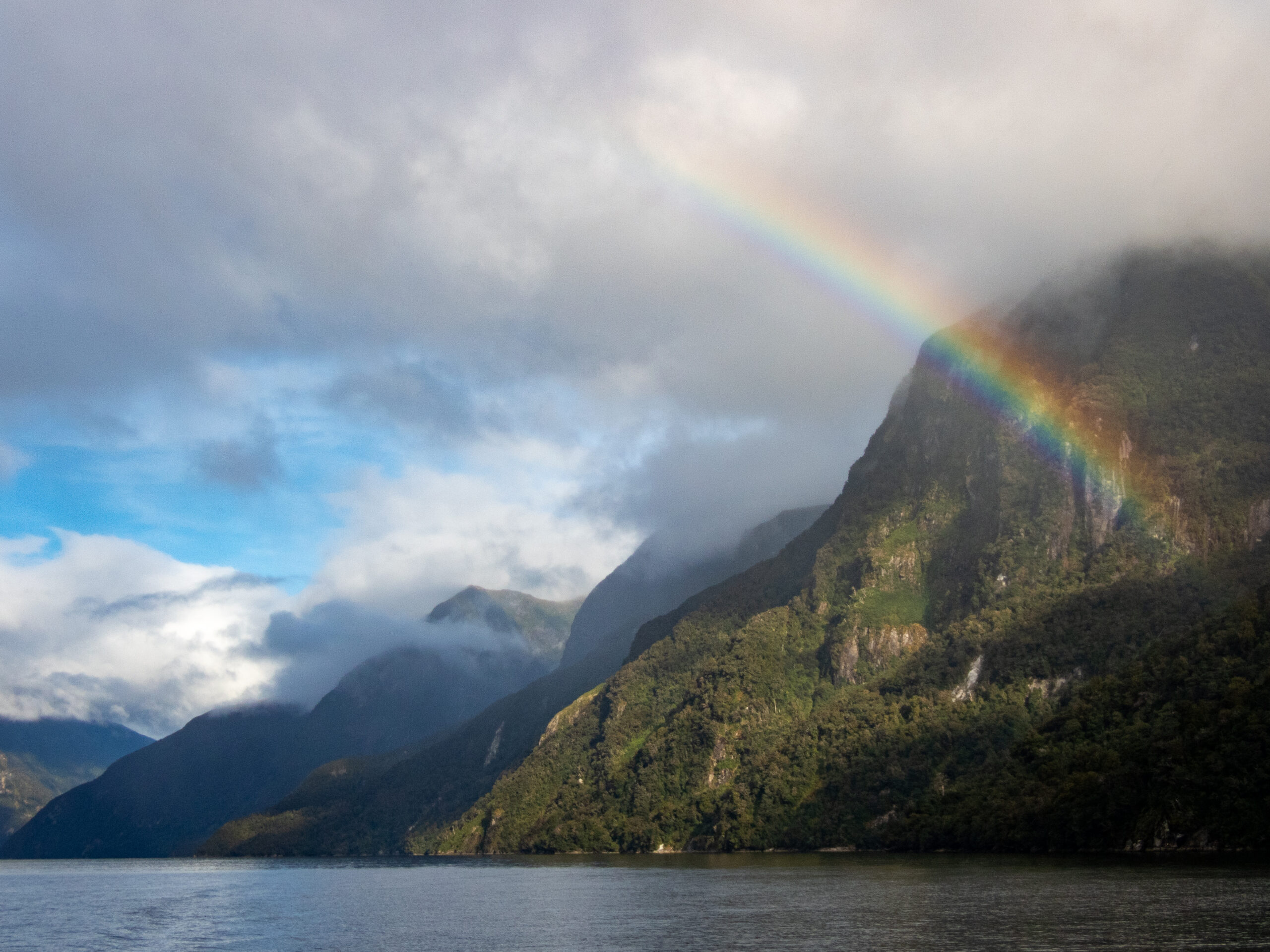
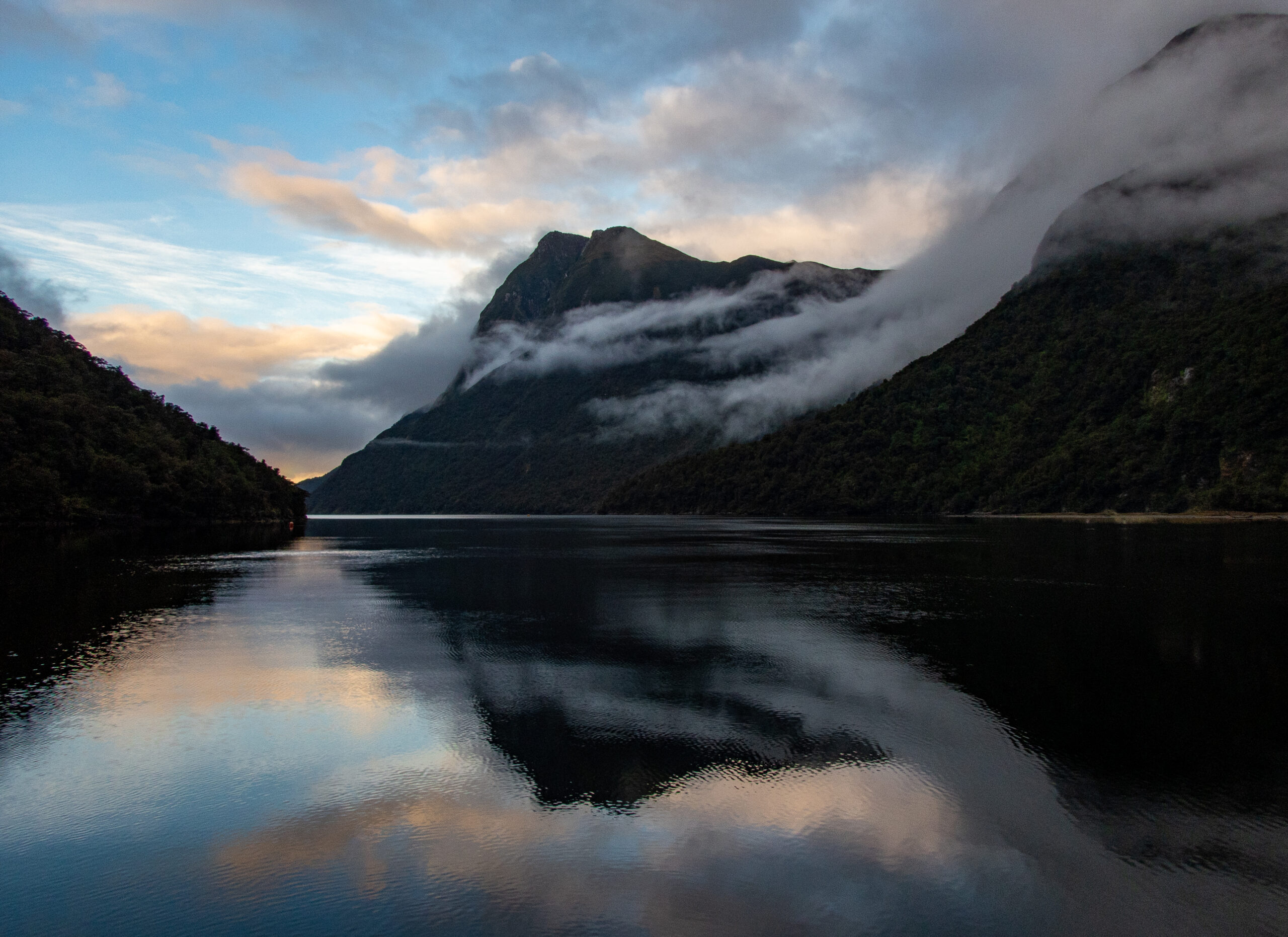

Dagg/Te Ra Sound, shared only with Wapiti in the ‘roar.’ – Fiordland
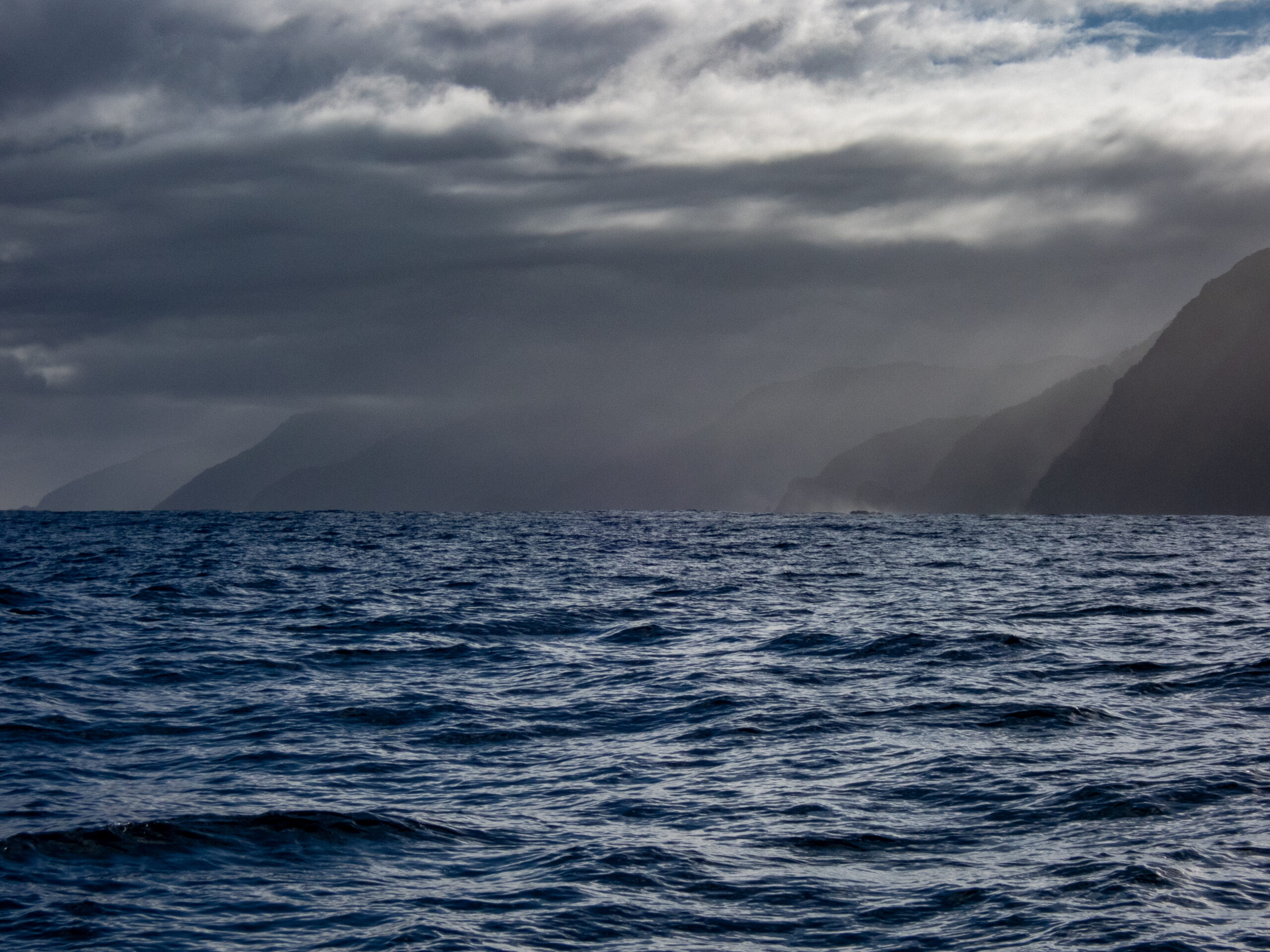


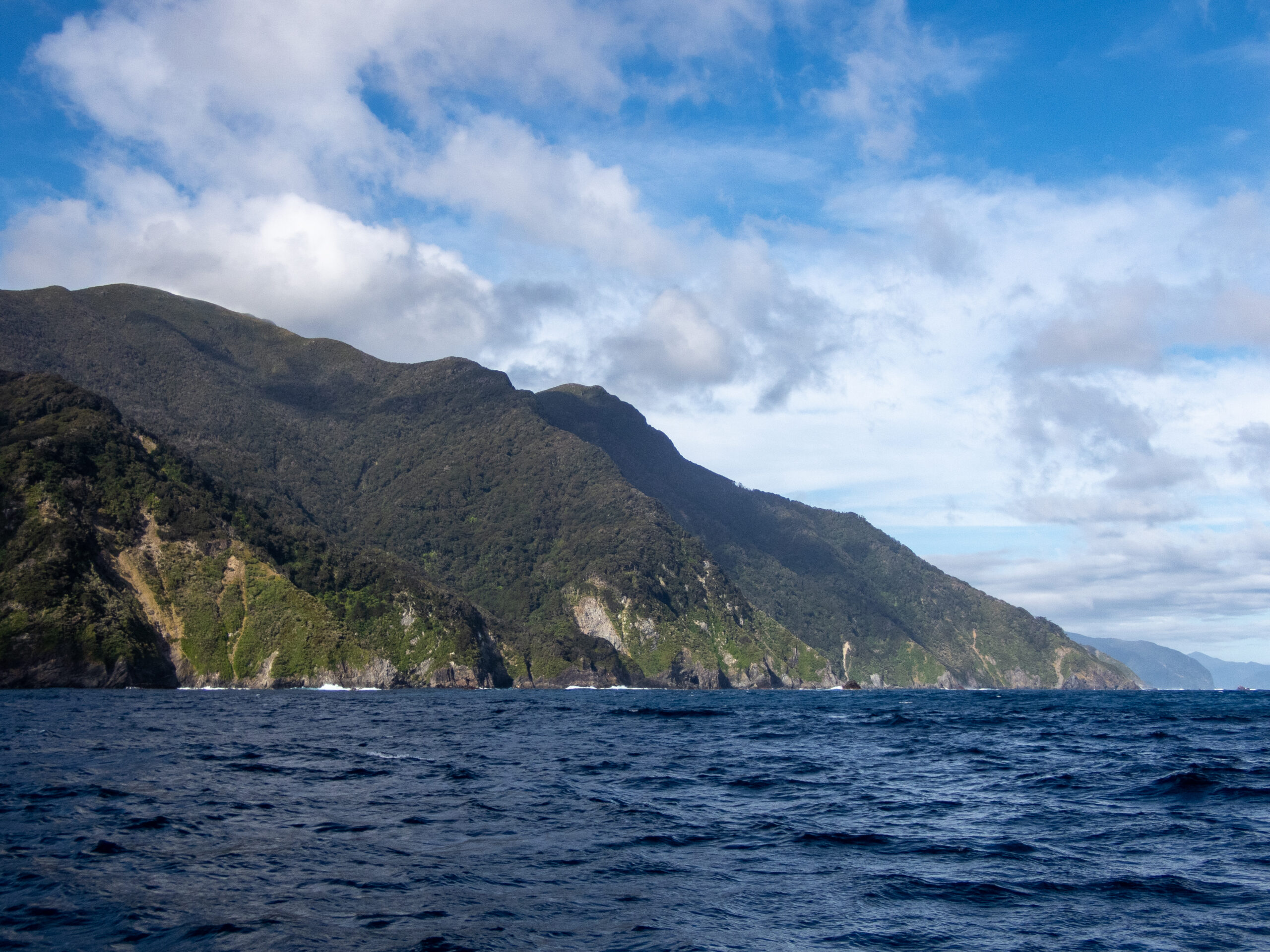
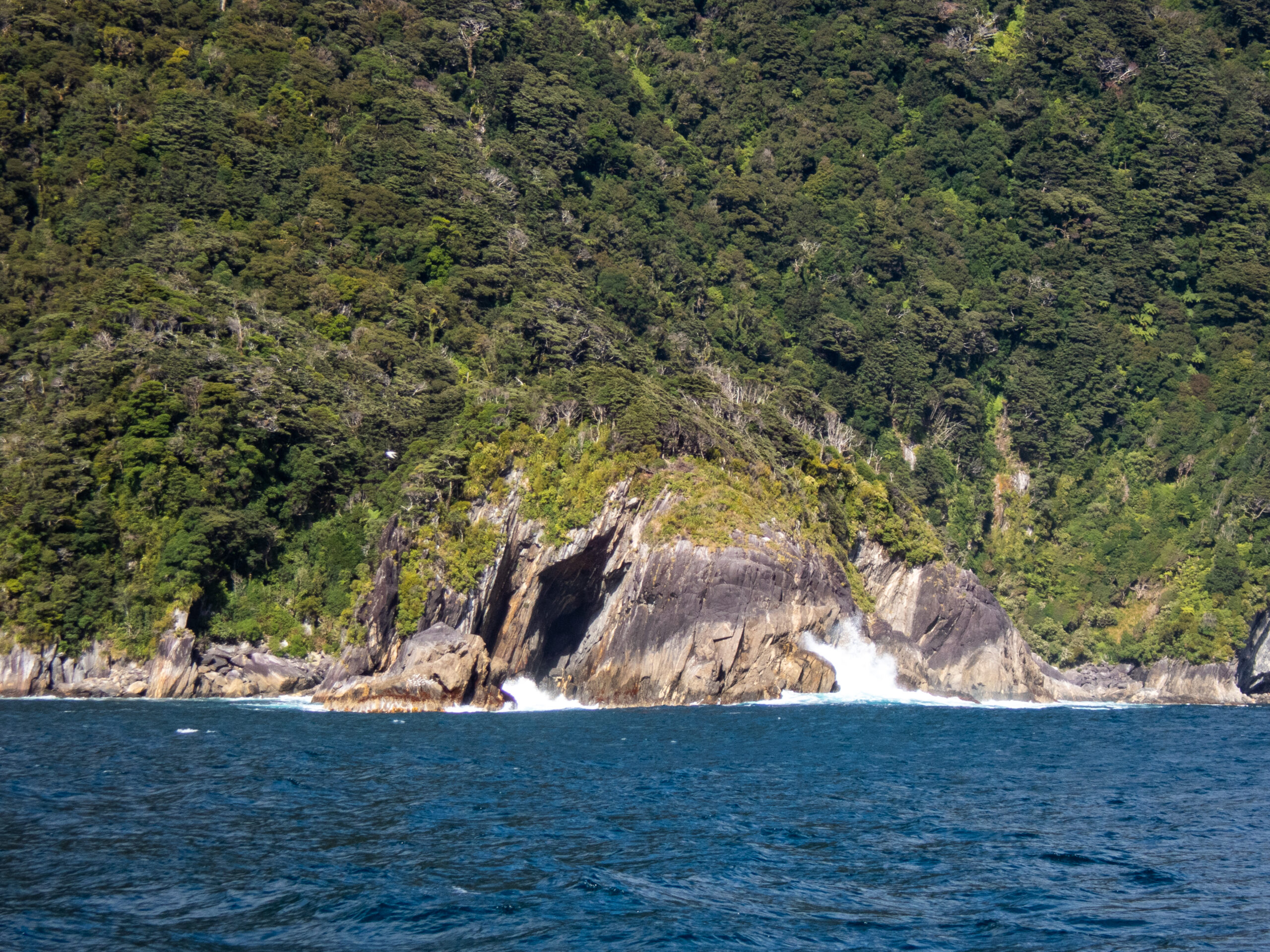
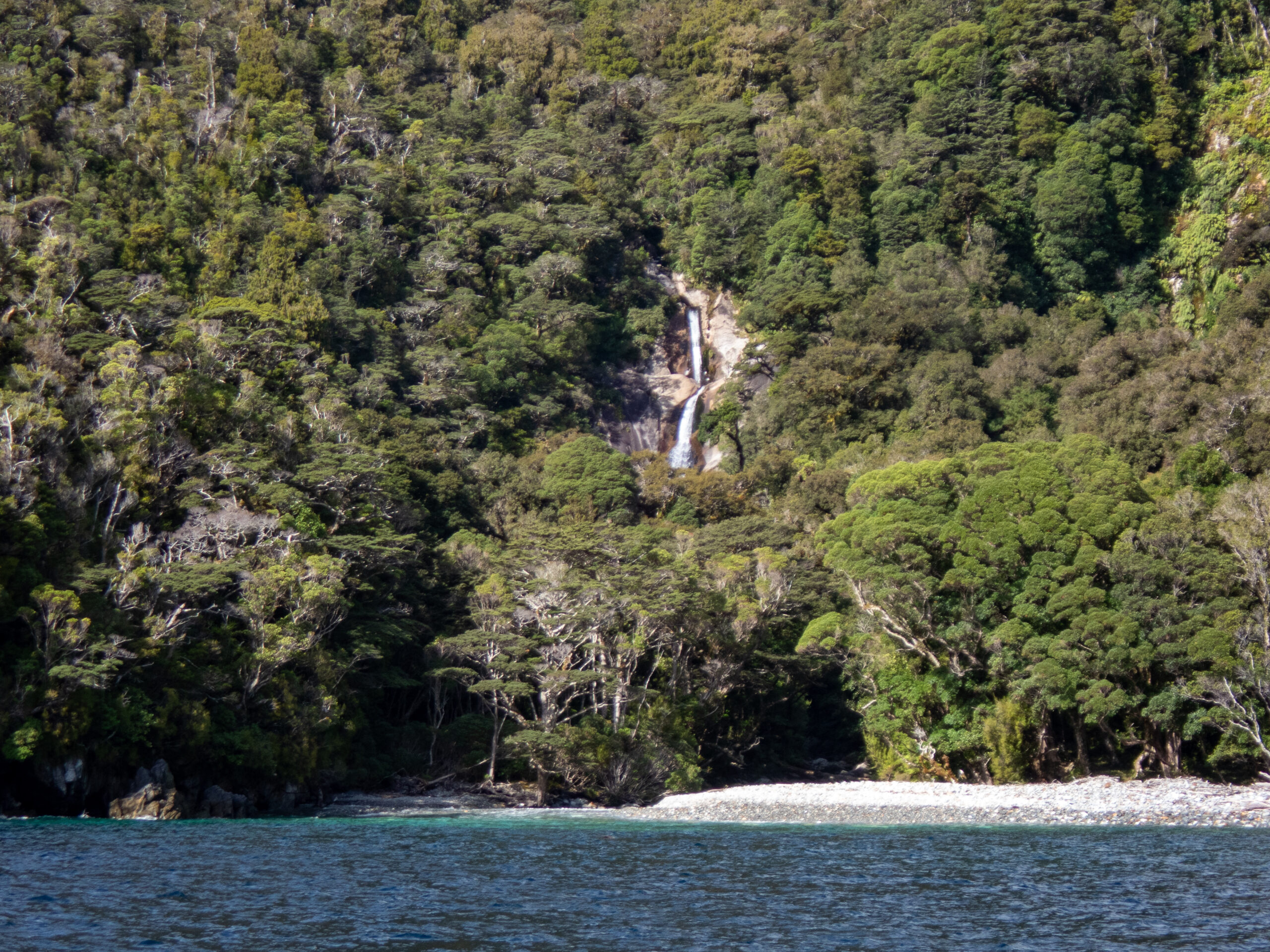
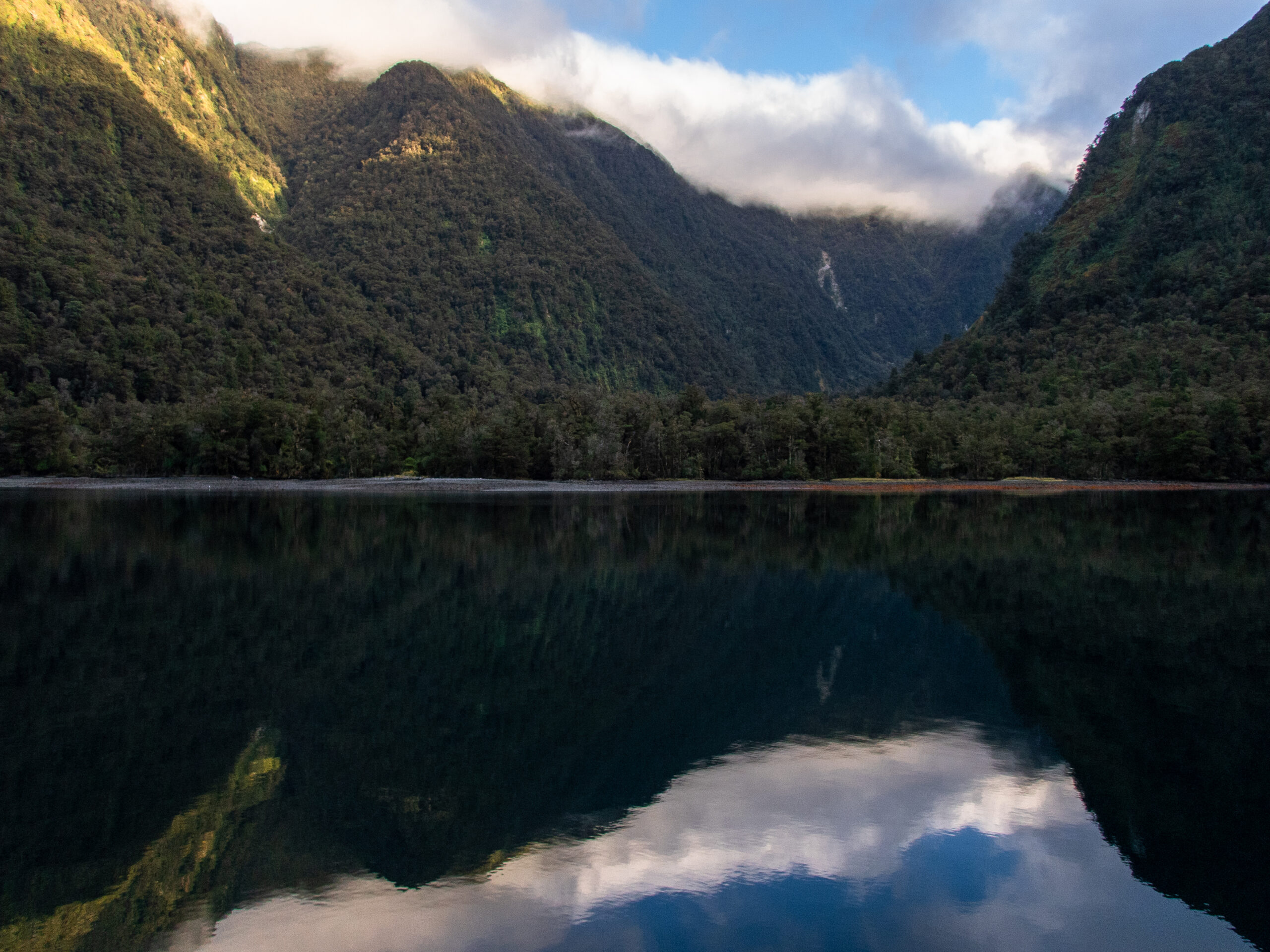
‘Anchorage Arm’ and had glassy calm conditions. Instead of trying to find shallow enough depths in the middle to anchor in, we snugged up super close to shore utilizing some fishermen’s lines which are rigged in place. Wonderful protection from winds, mellifluous creek sounds and voracious sandflies!

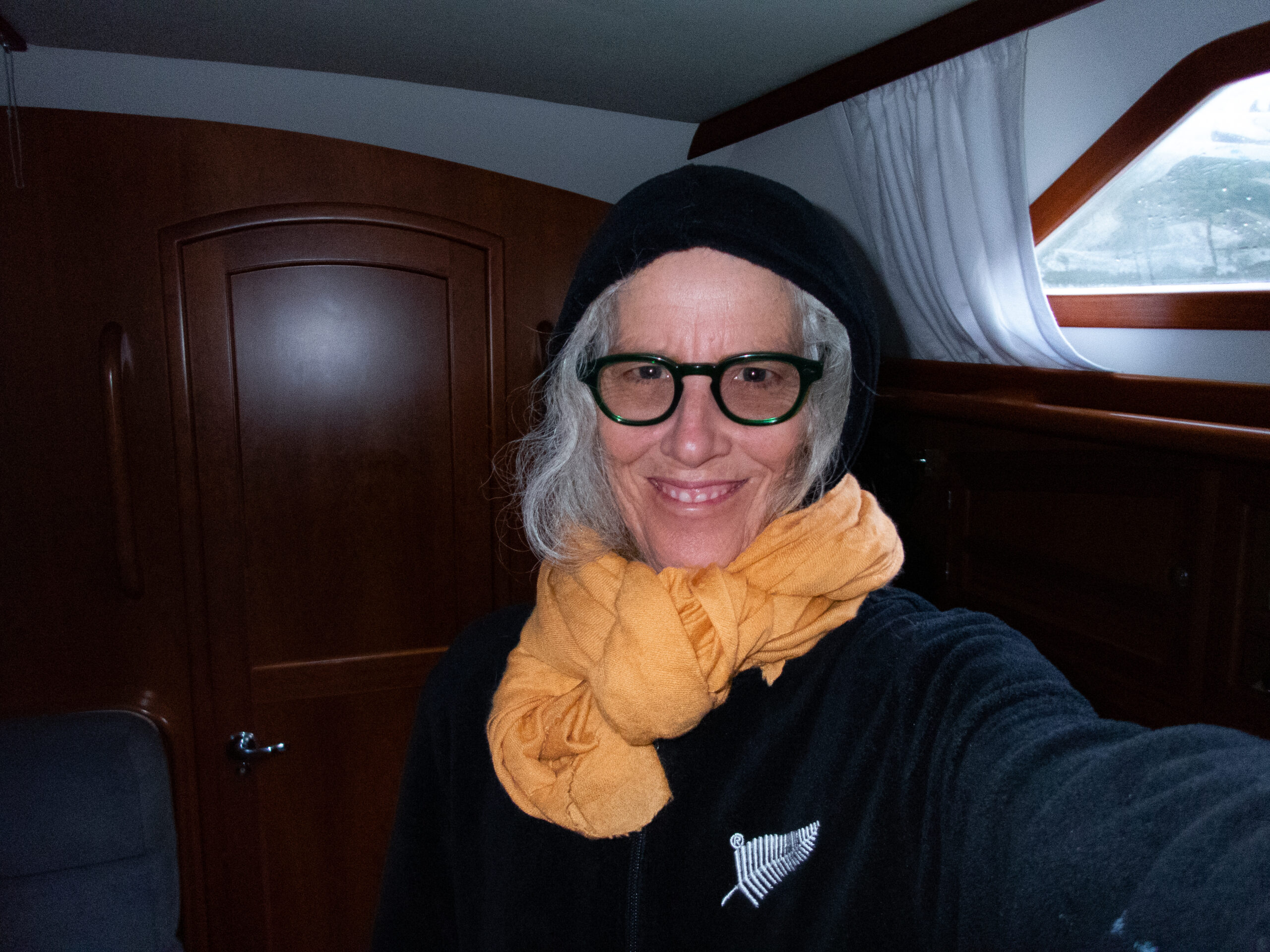
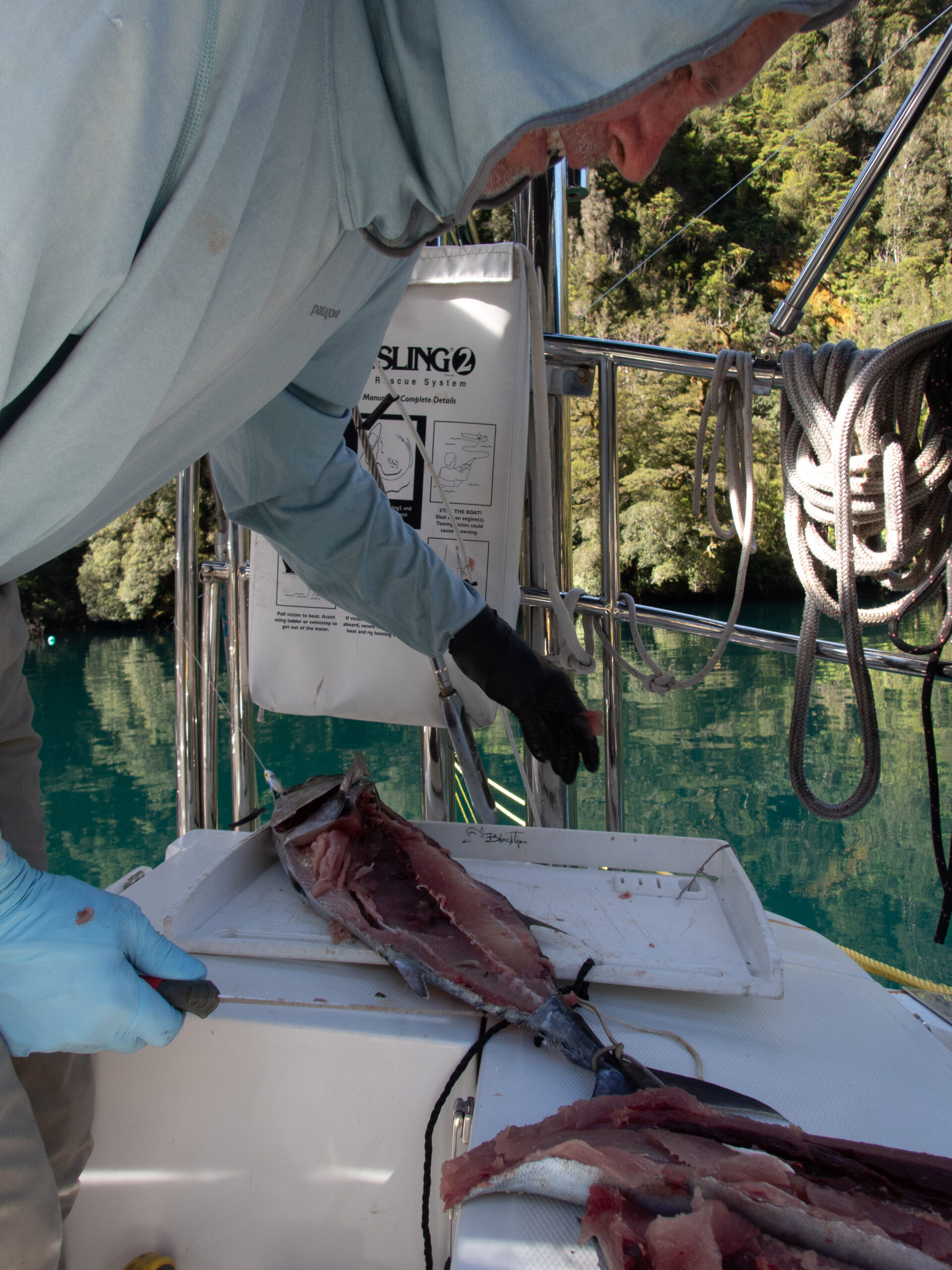

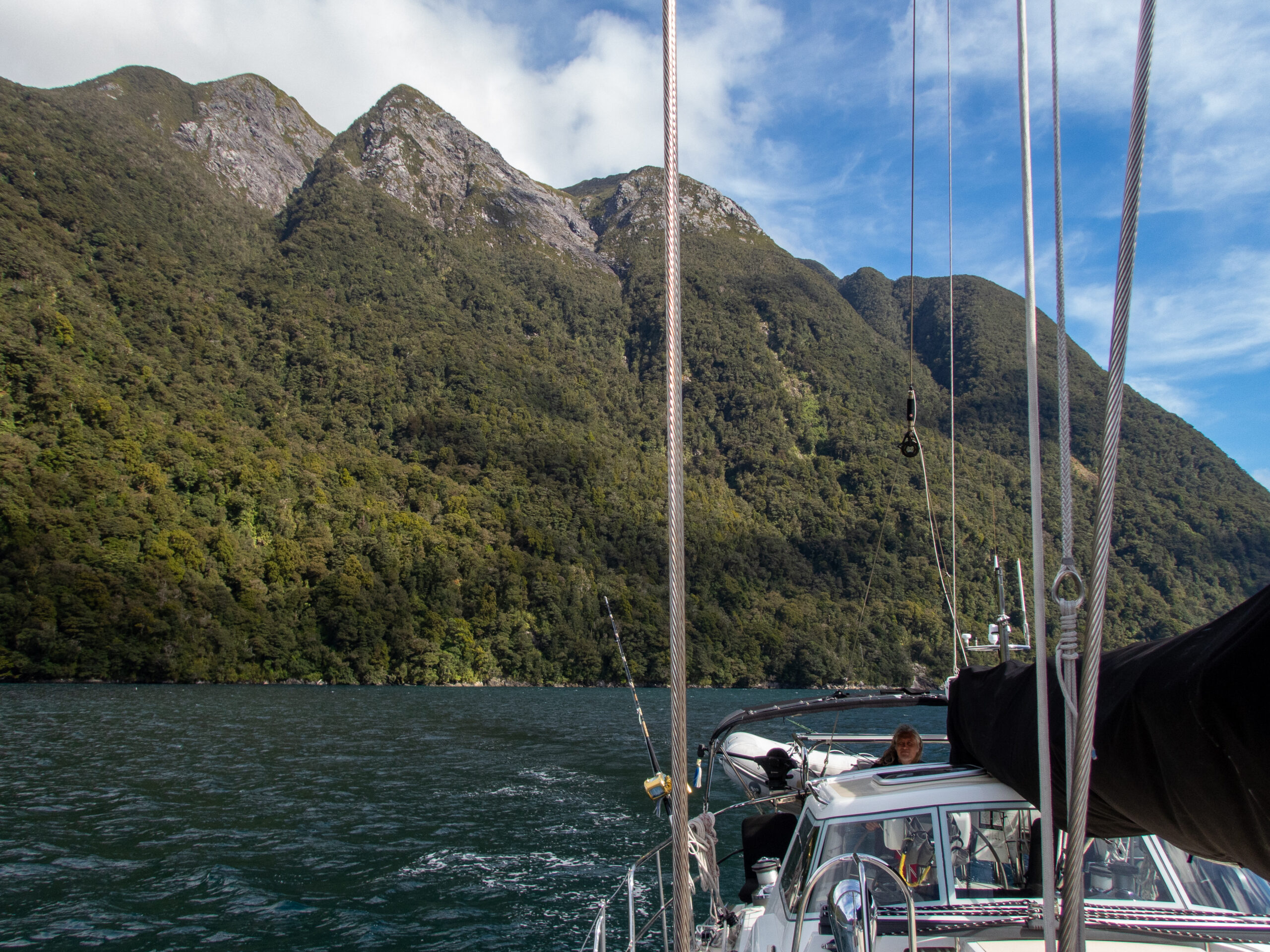
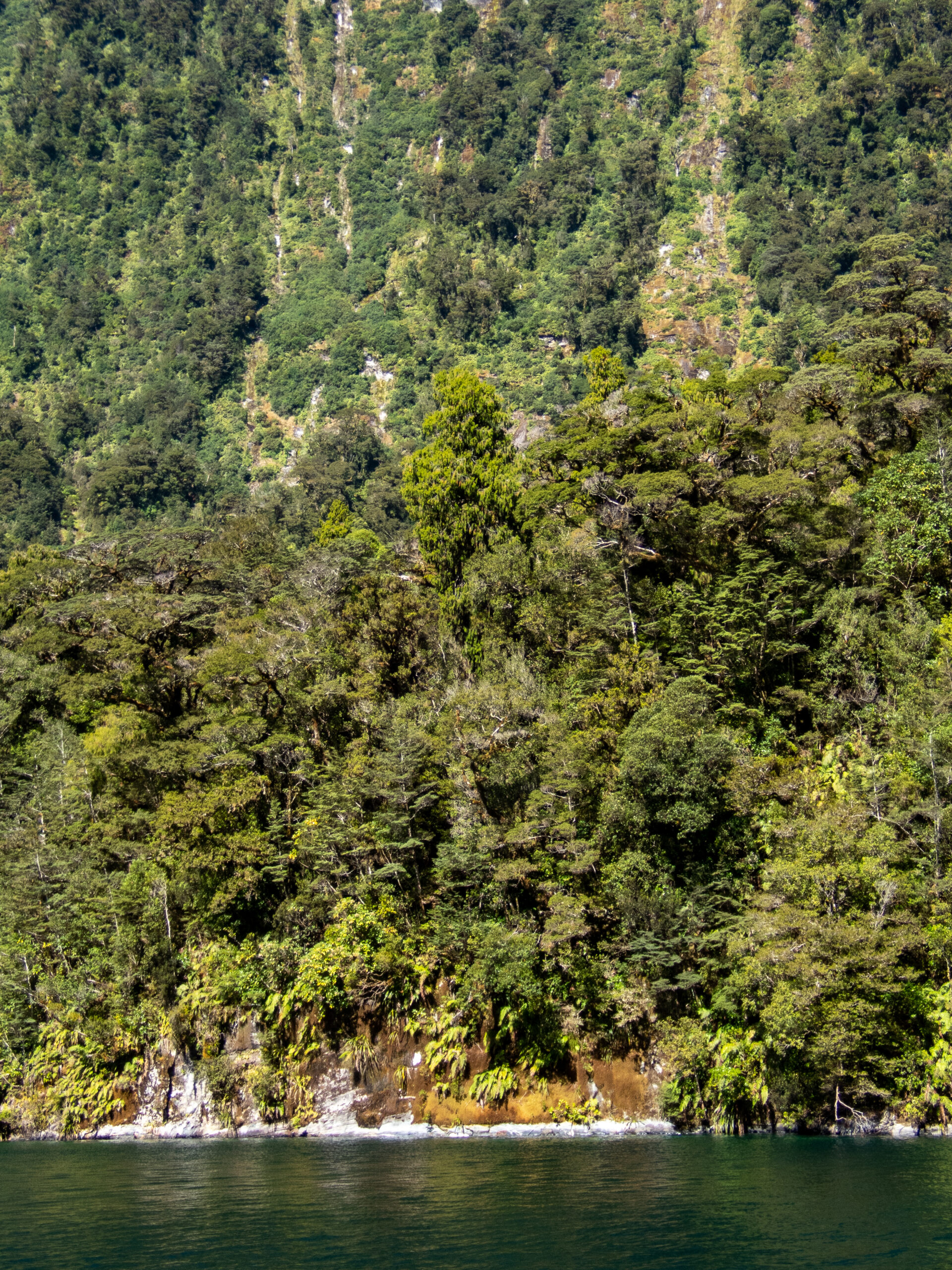

Something happened when the twenty North American Wapiti Roosevelt gifted to New Zealand in 1905 found their way into the heart of Fiordland’s steep and impenetrable wilderness. Maybe there’s a perfectly rational scientific explanation (maybe it has something to do with crossing breeding with Red Deer?). They got a bit smaller than the fat and happy elk of Yellowstone (which certainly makes good sense given the dense rainforest) but they also changed their tune, no longer bugling with that iconic, haunting call that resonates across the frosty parklands, lodgepole forests and granite peaks of the Rockies. Our visit to Daag coincided with height of the “roar.” It’s a sound that does not “belong,” but also feels so fitting, as though giving voice to the thick ferny jungle of that unpeopled wilderness. Deep, guttural, plaintive and haunting (in their own way) – their roars echo across the still water and ridiculously precipitous canyon walls. You can hear individual stags make their way up and down the steep shore, and we paddled Namo as stealthily as we could manage along the shore hoping for a glimpse, and though they often seemed very close, we never saw them. We could only imagine their antlered heads tilted back, belly’s trembling as they gave voice to the wilderness.~MS


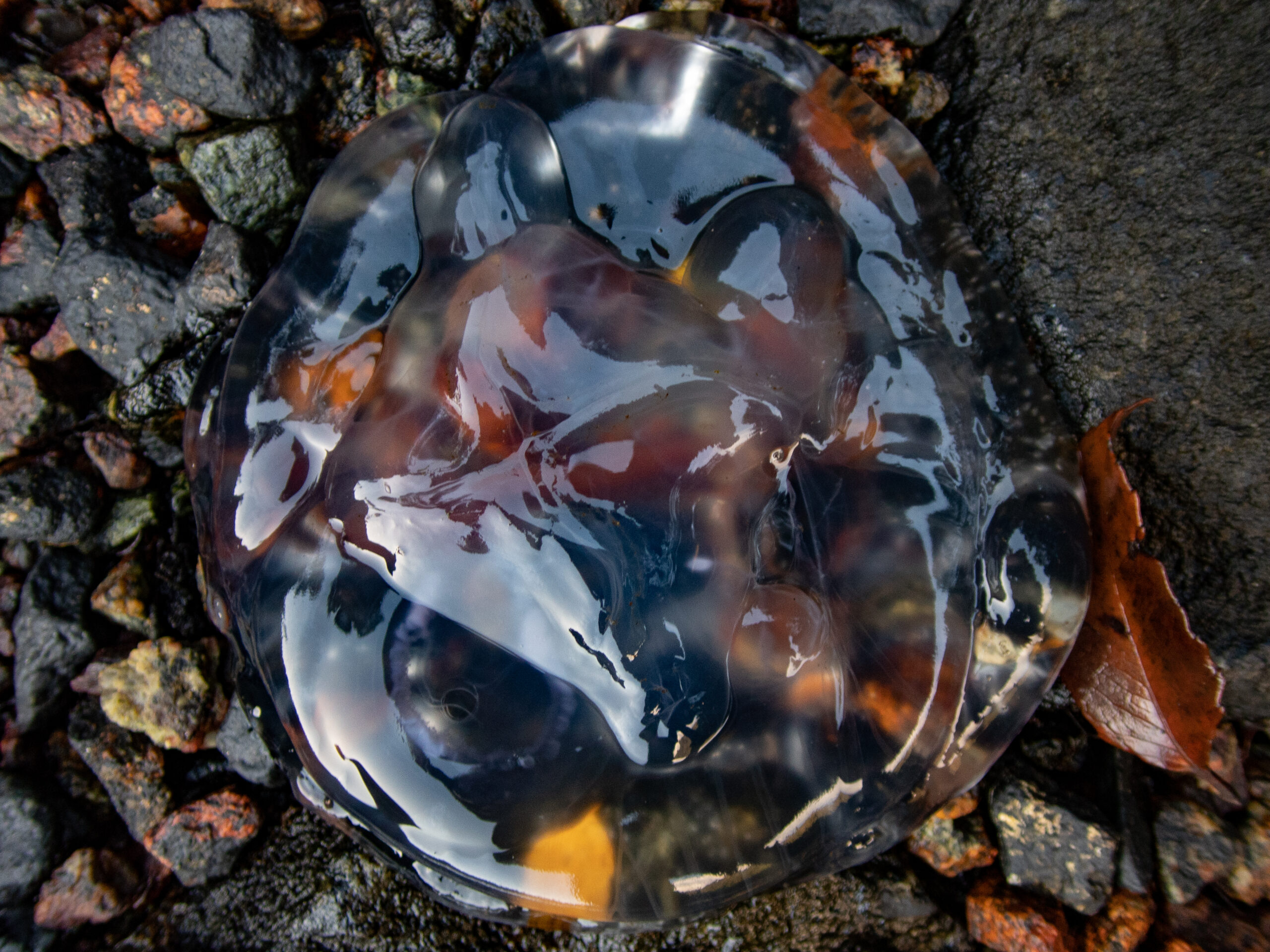

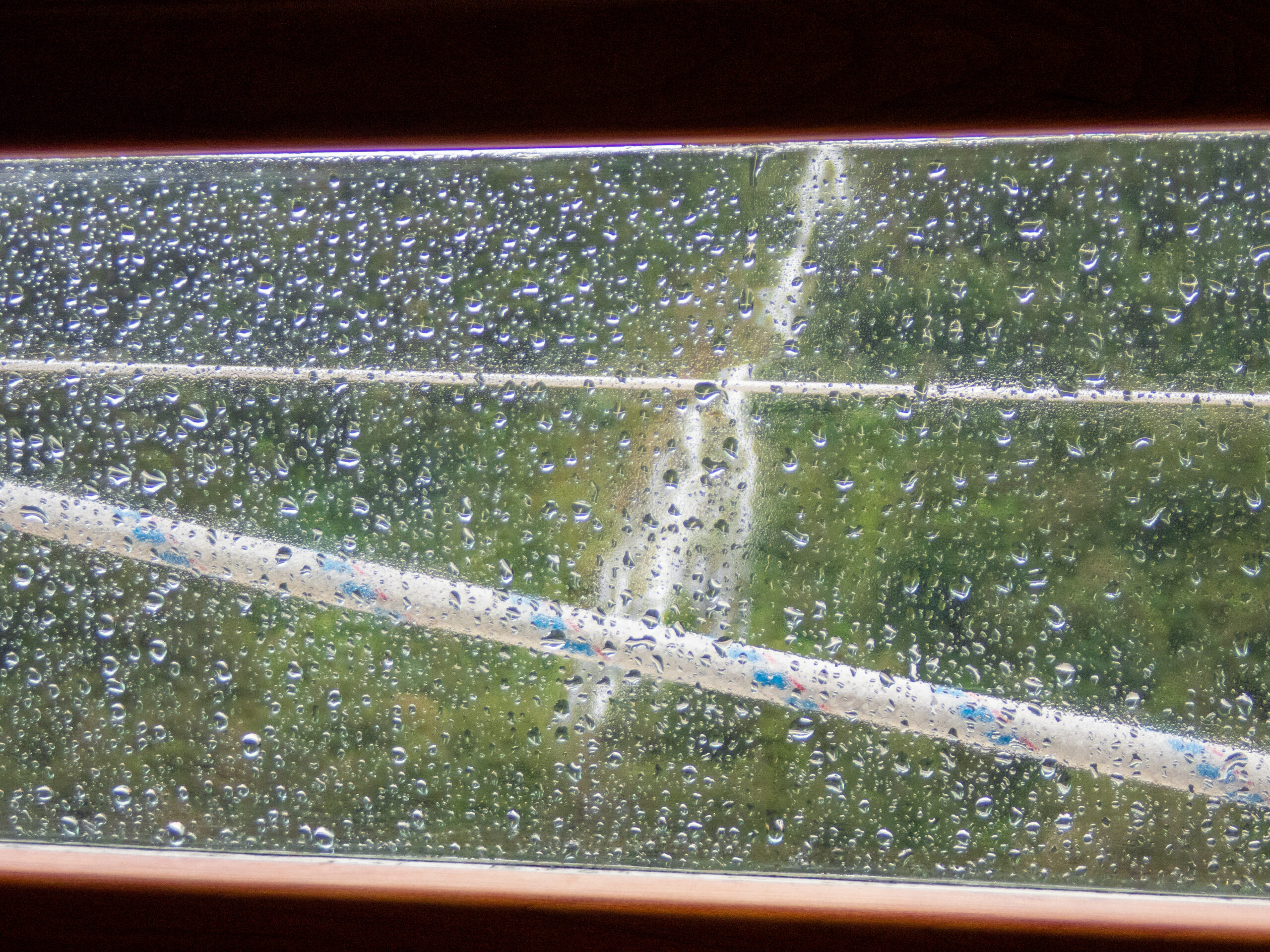
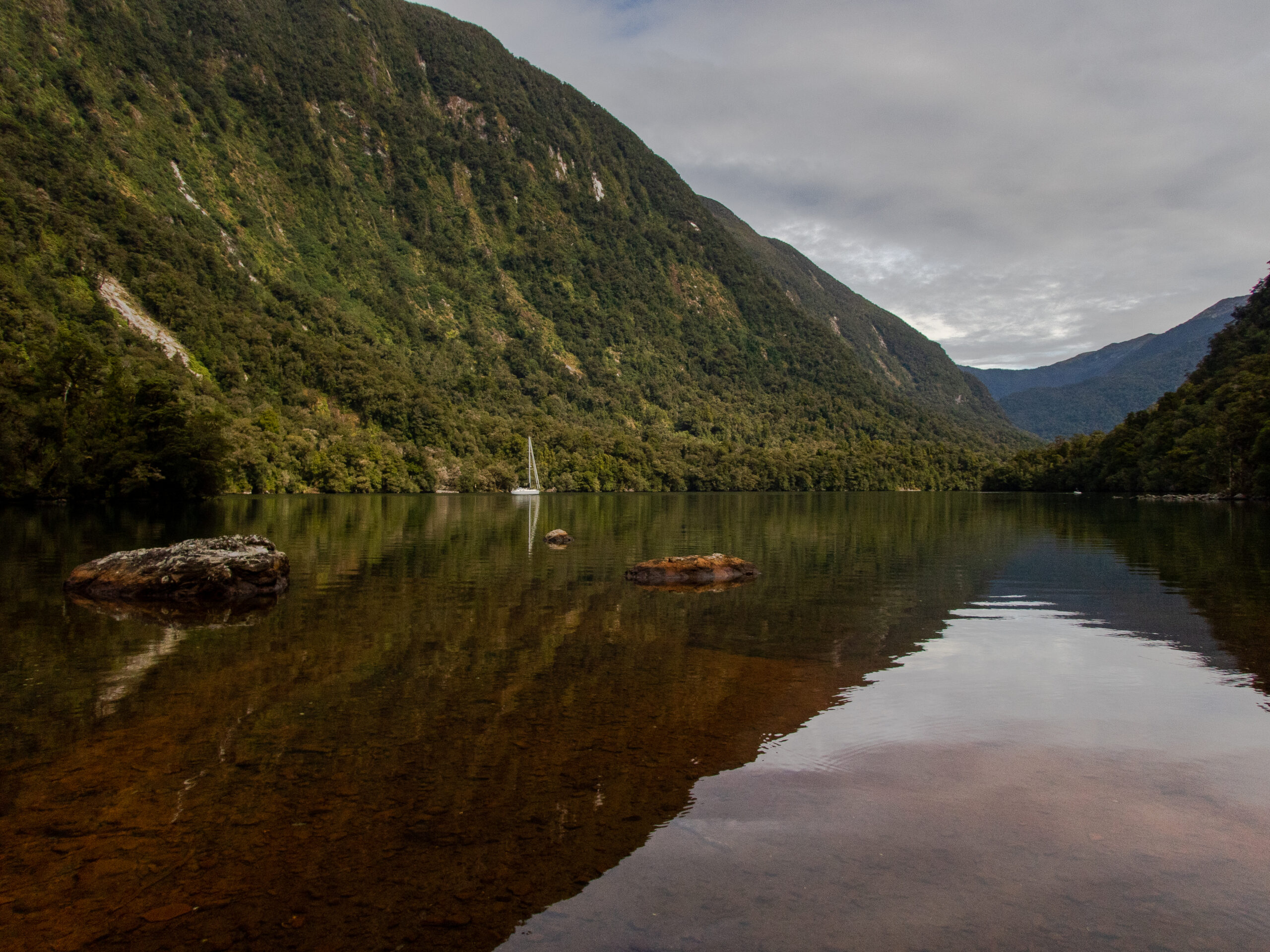
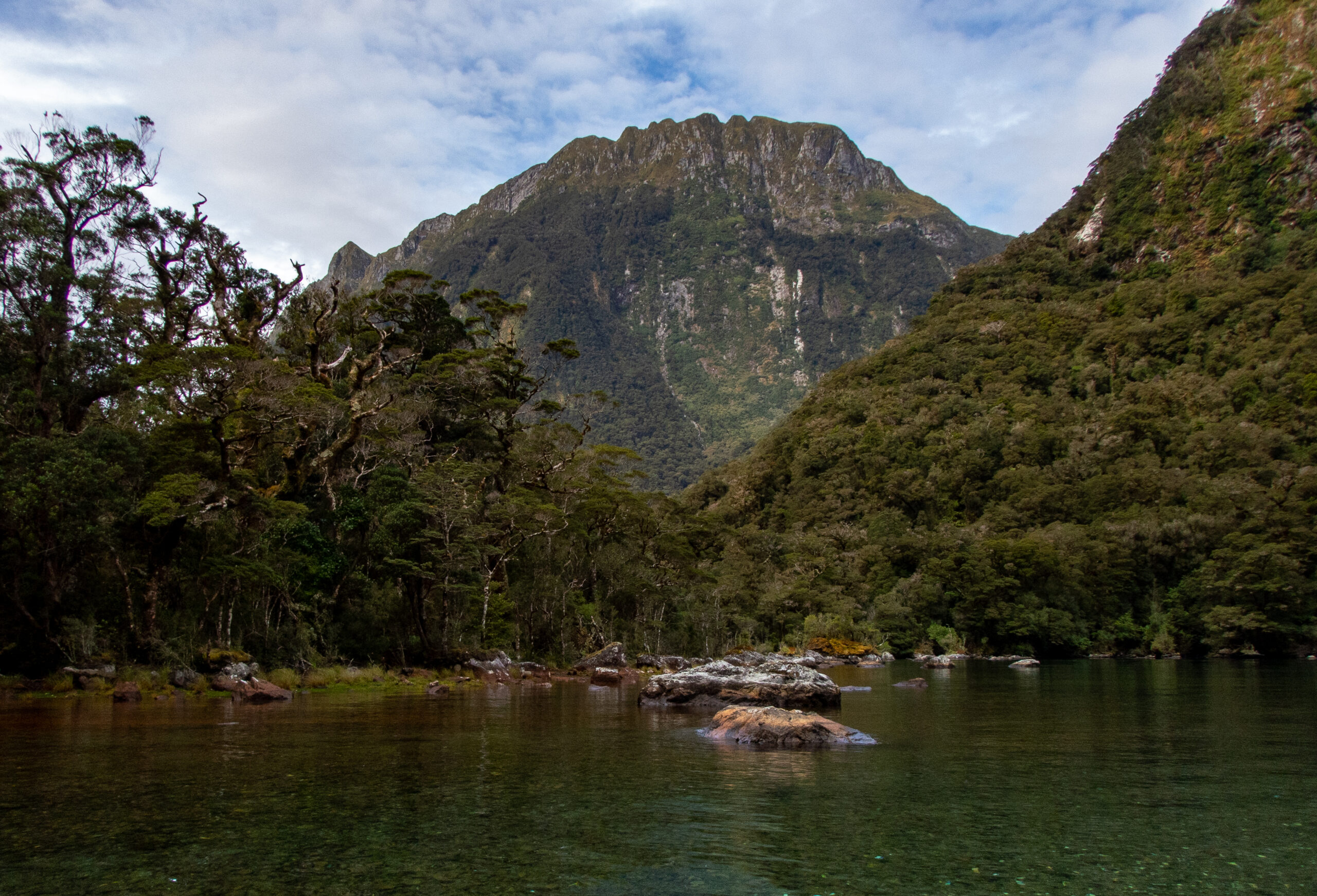

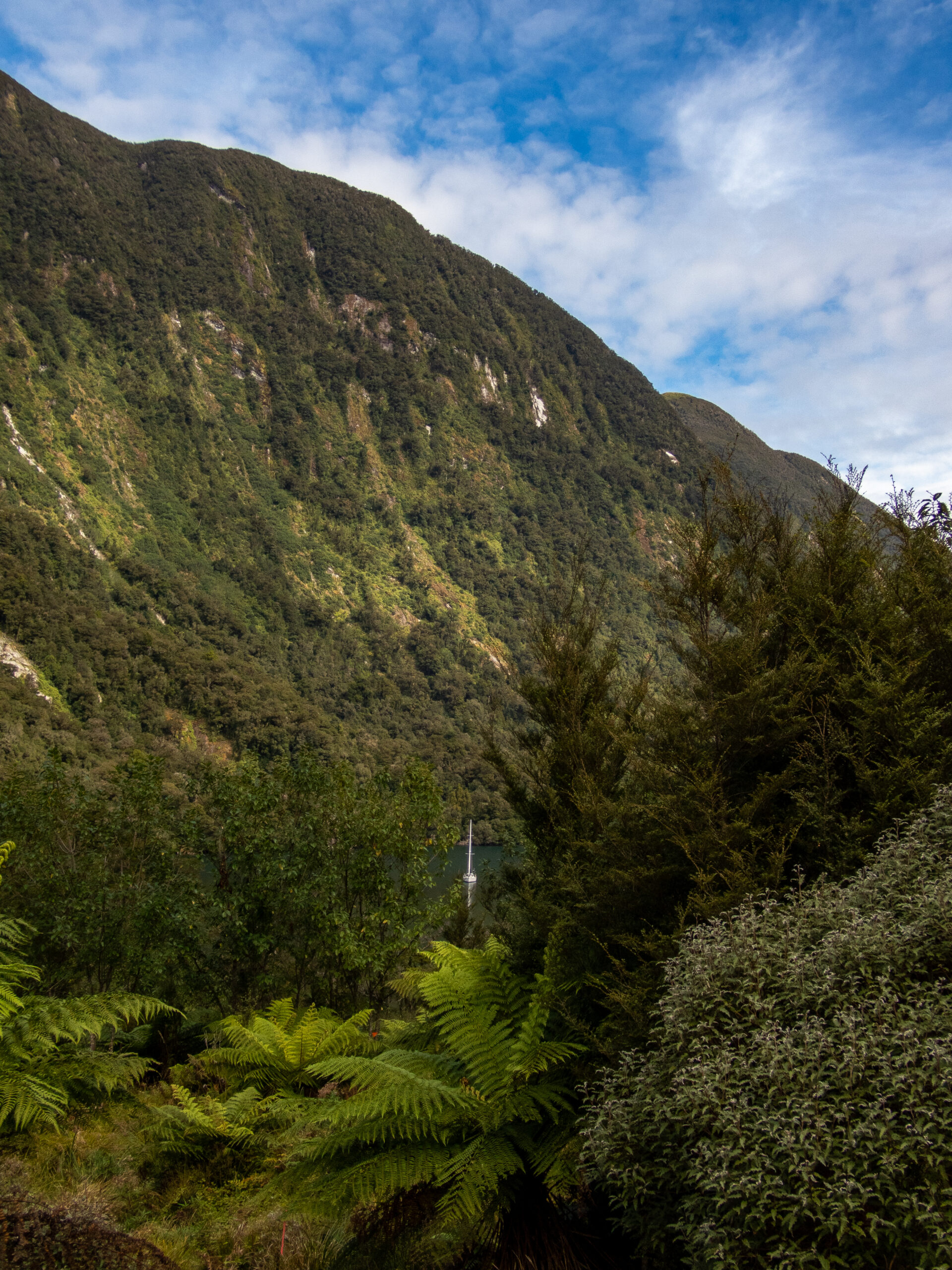


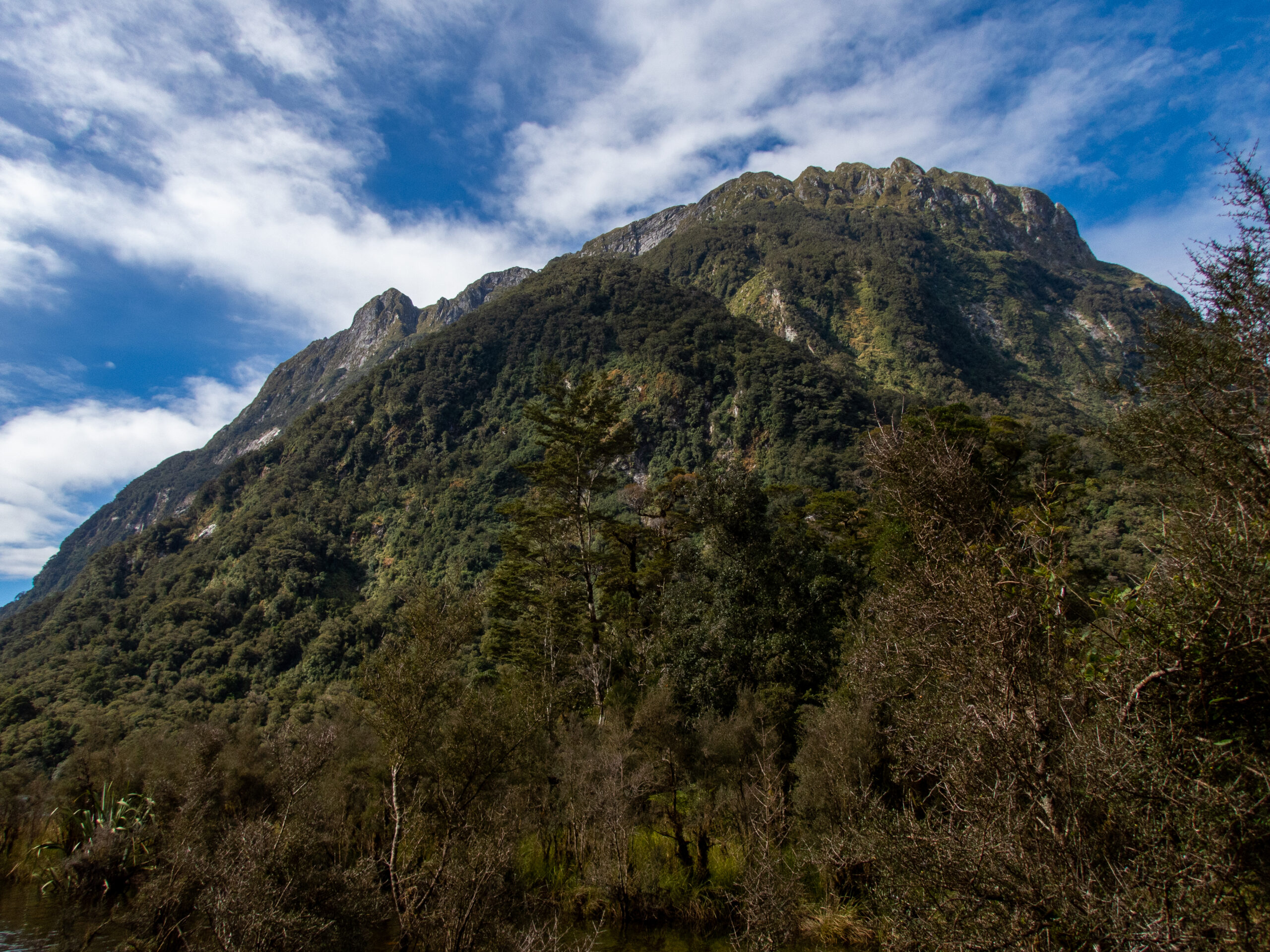
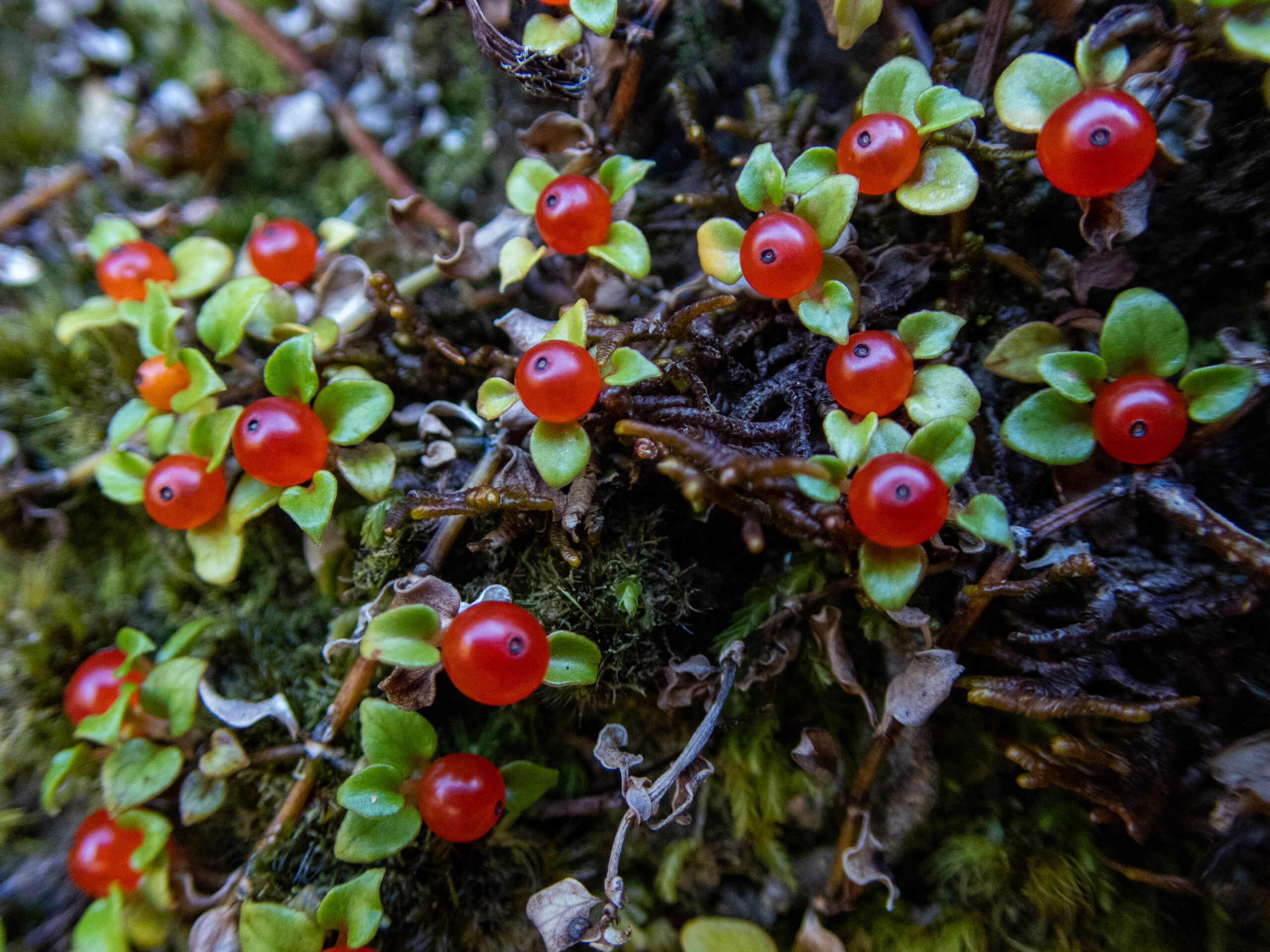
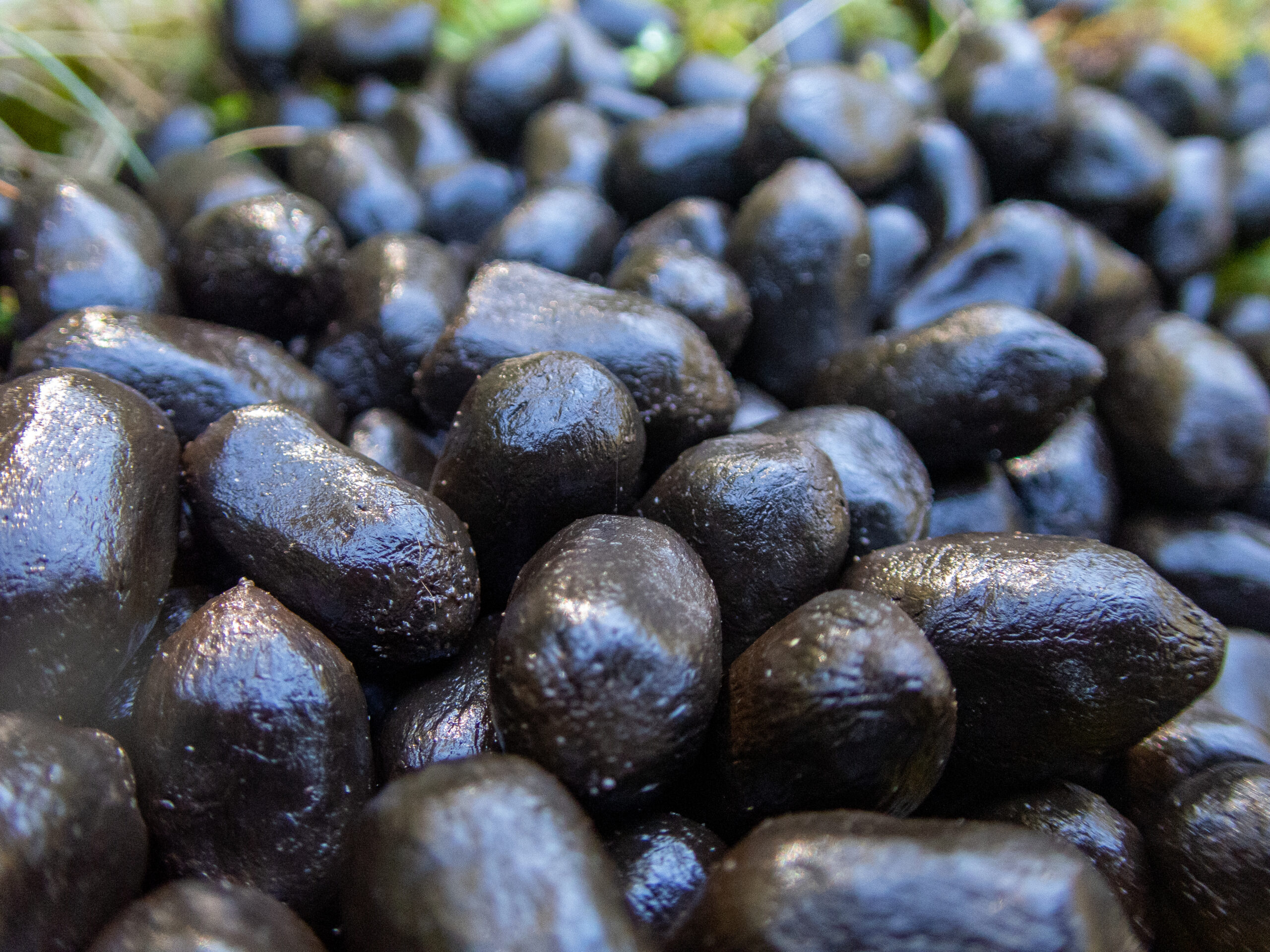
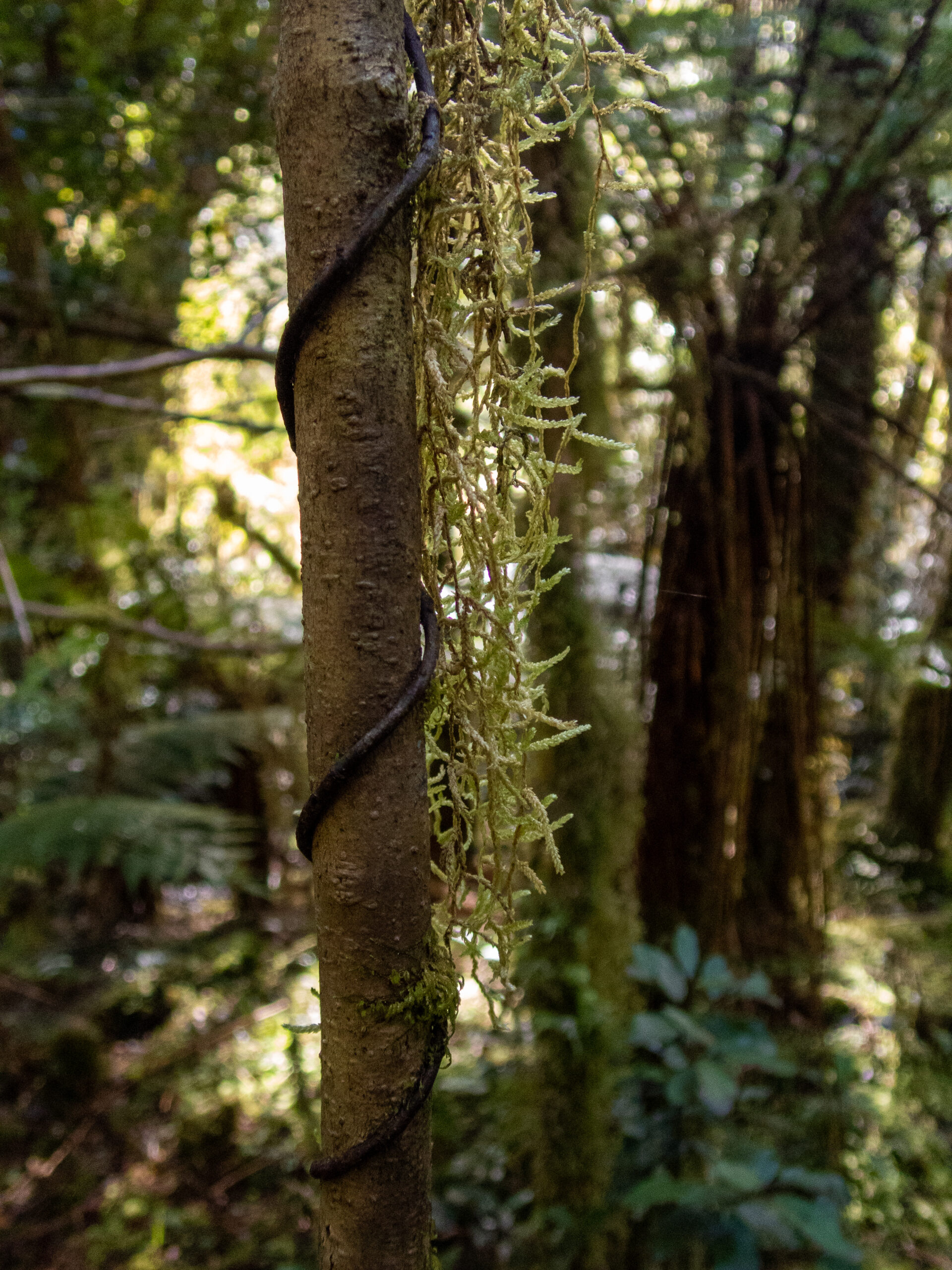
Although Spanish moss grows on trees, it is not a parasite. It doesn’t put down roots in the tree it grows on, nor does it take nutrients from it. The plant thrives on rain and fog, sunlight, and airborne or waterborne dust and debris.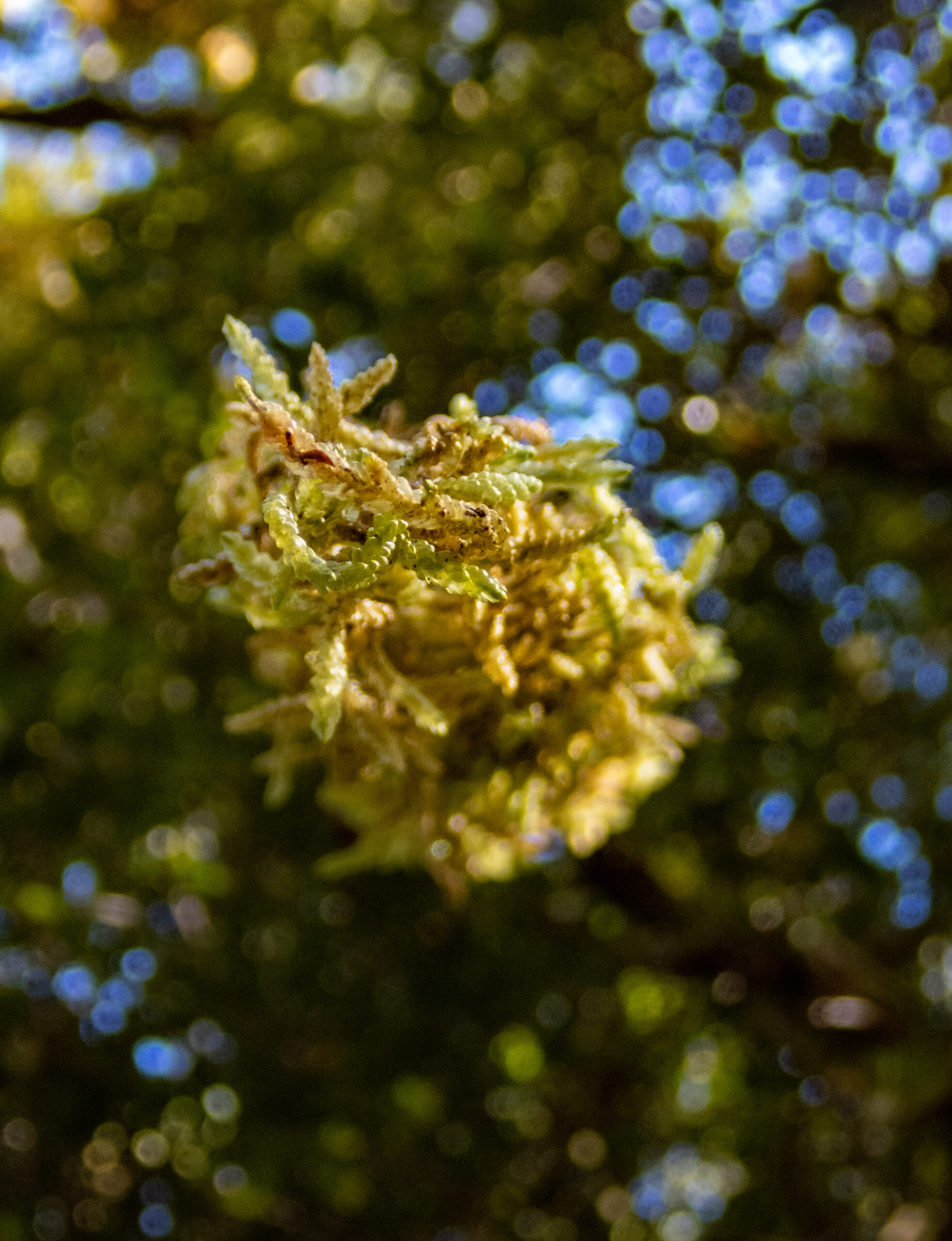
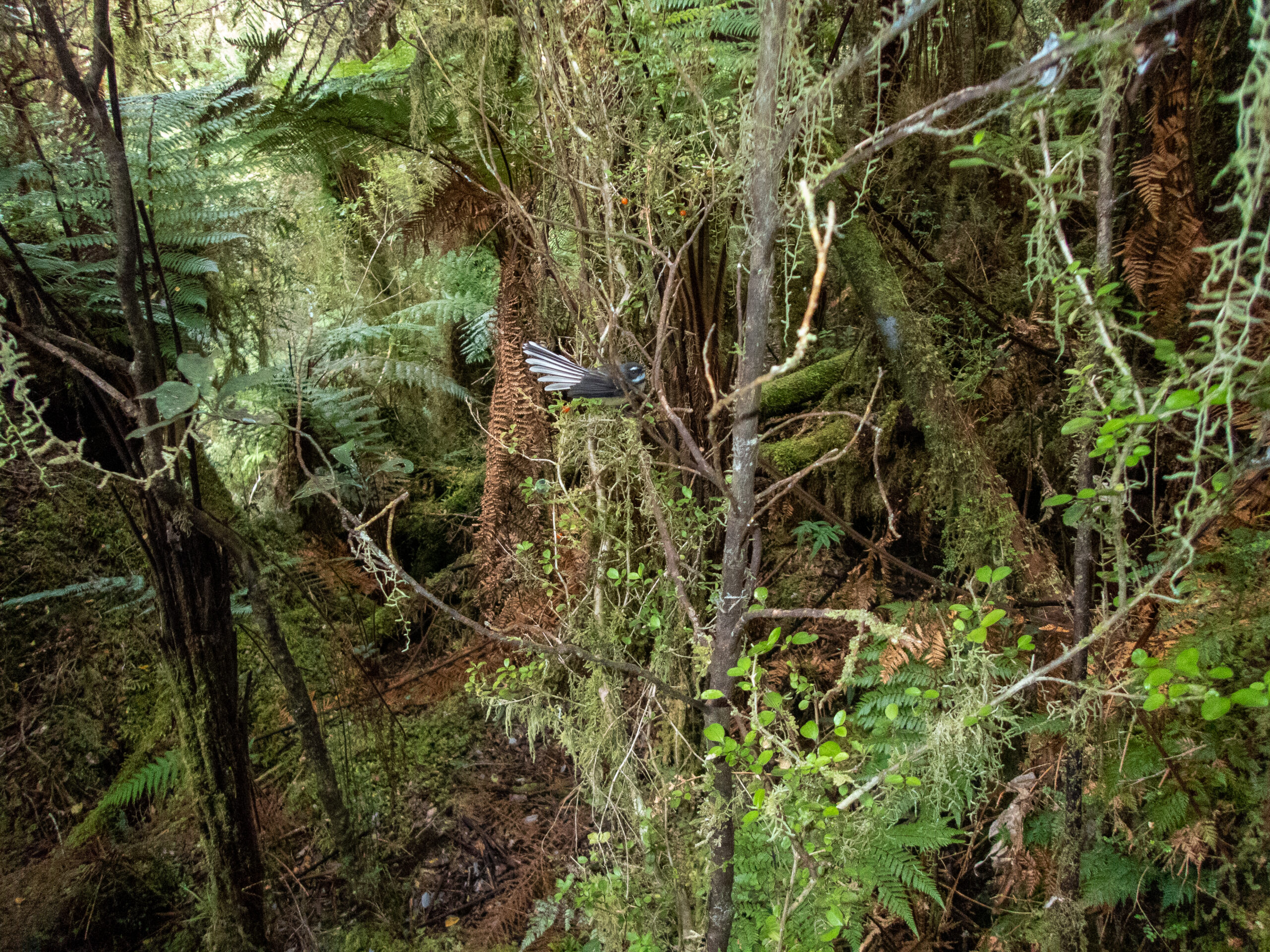
Known for it’s friendly, ‘cheet cheet’ call and it’s crazy flying antics, the Fantail or Pīwakawaka often follows another animal (and people) to capture insects. Time and time again, though, they acted as guides; when we were off track in the woods, they’d appear, chirping energetically, as if to say, ‘no … not that way, THIS way!!’ I learned to always follow them!
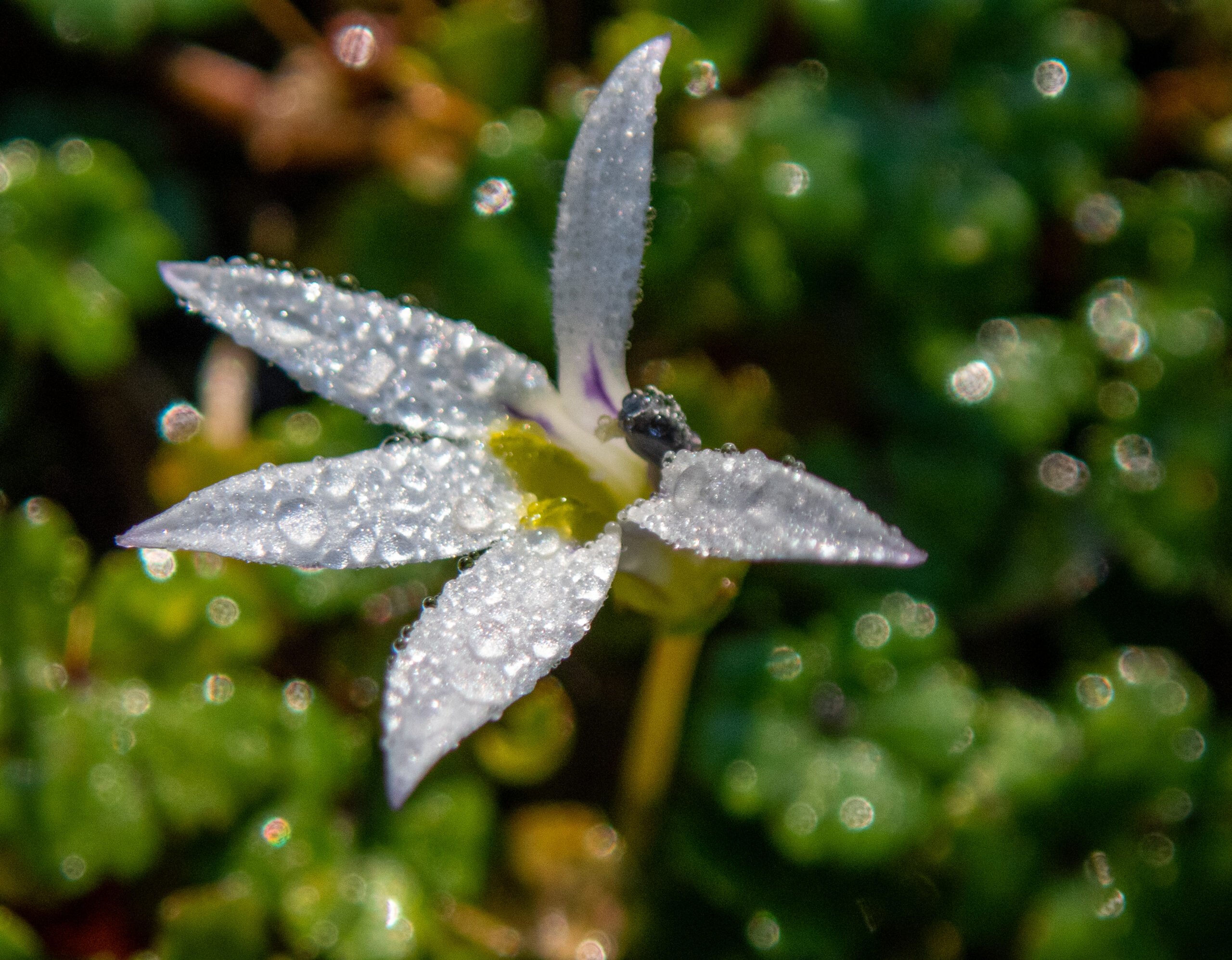
Some fungi fun: I haven’t had the time to research ID’s on most of these, so write me if you know and are keen to share?!

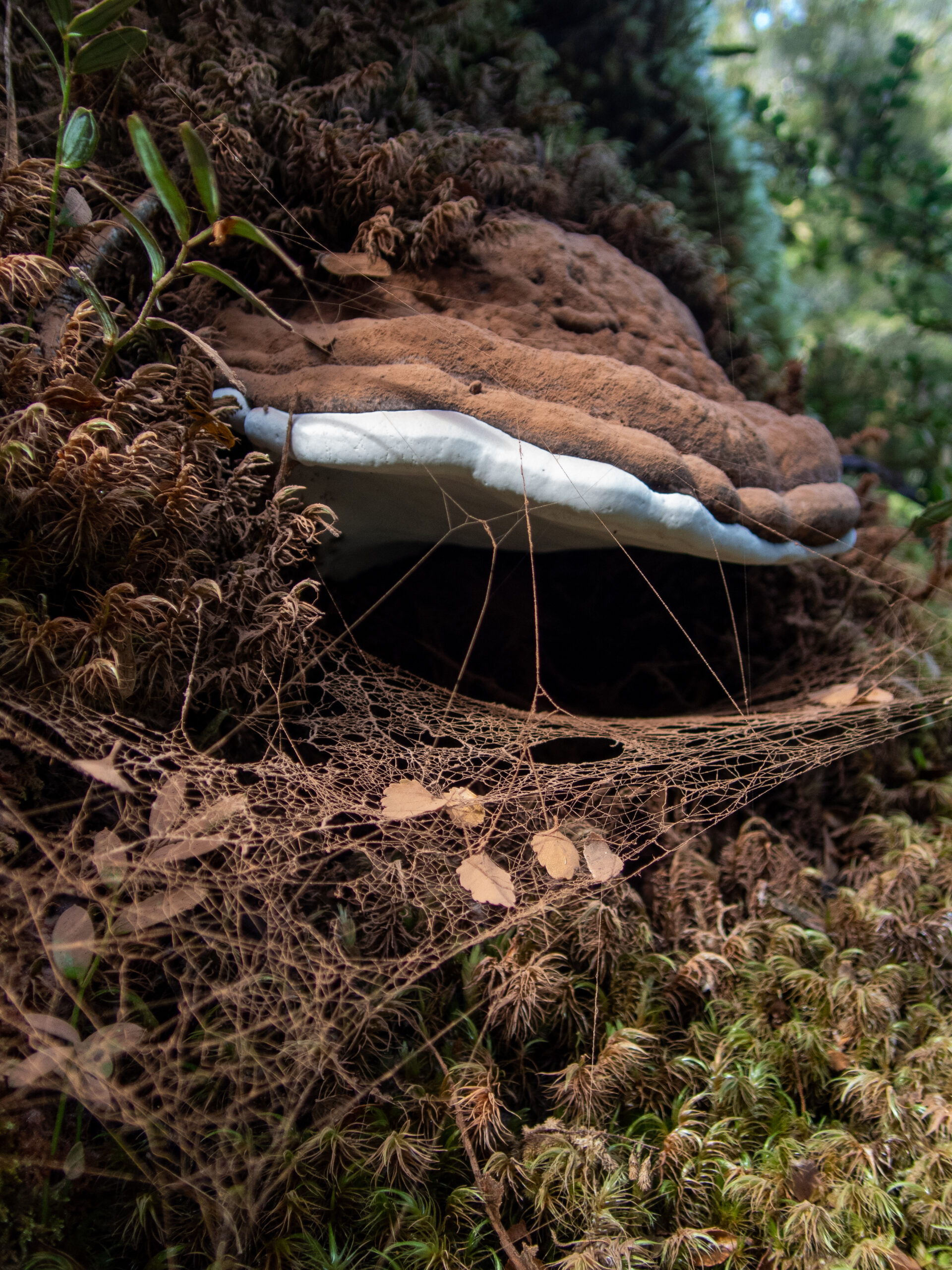
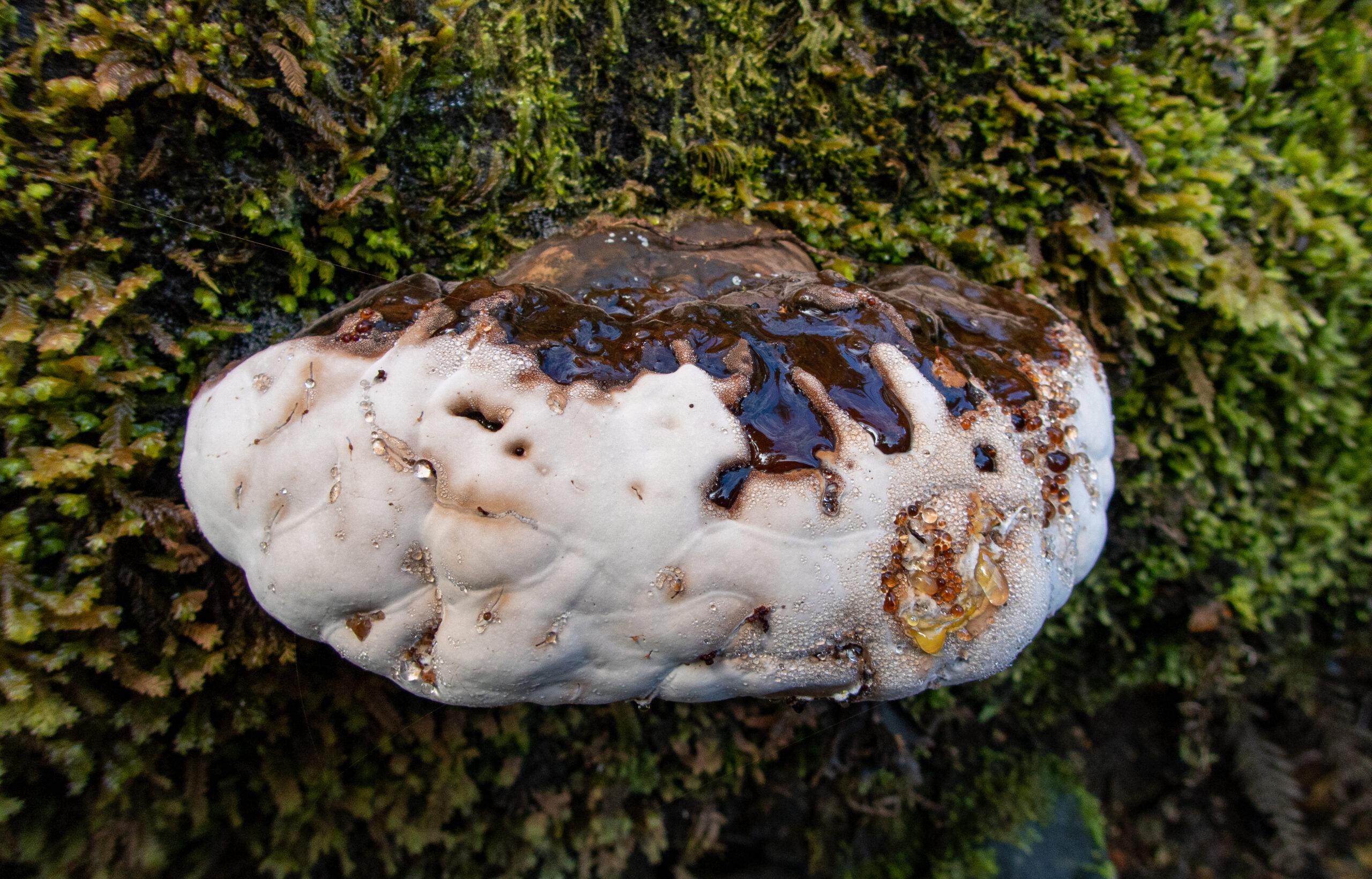
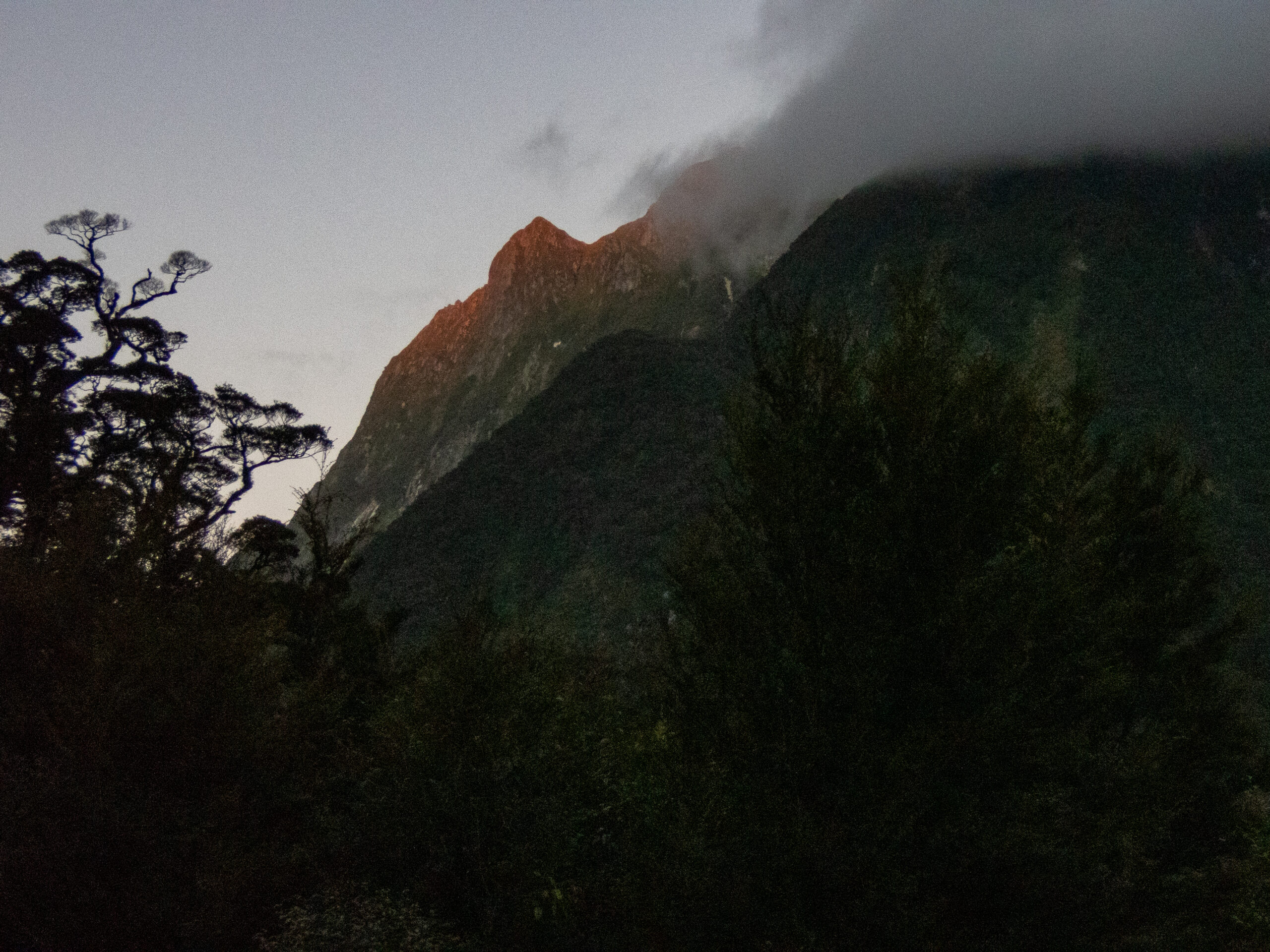

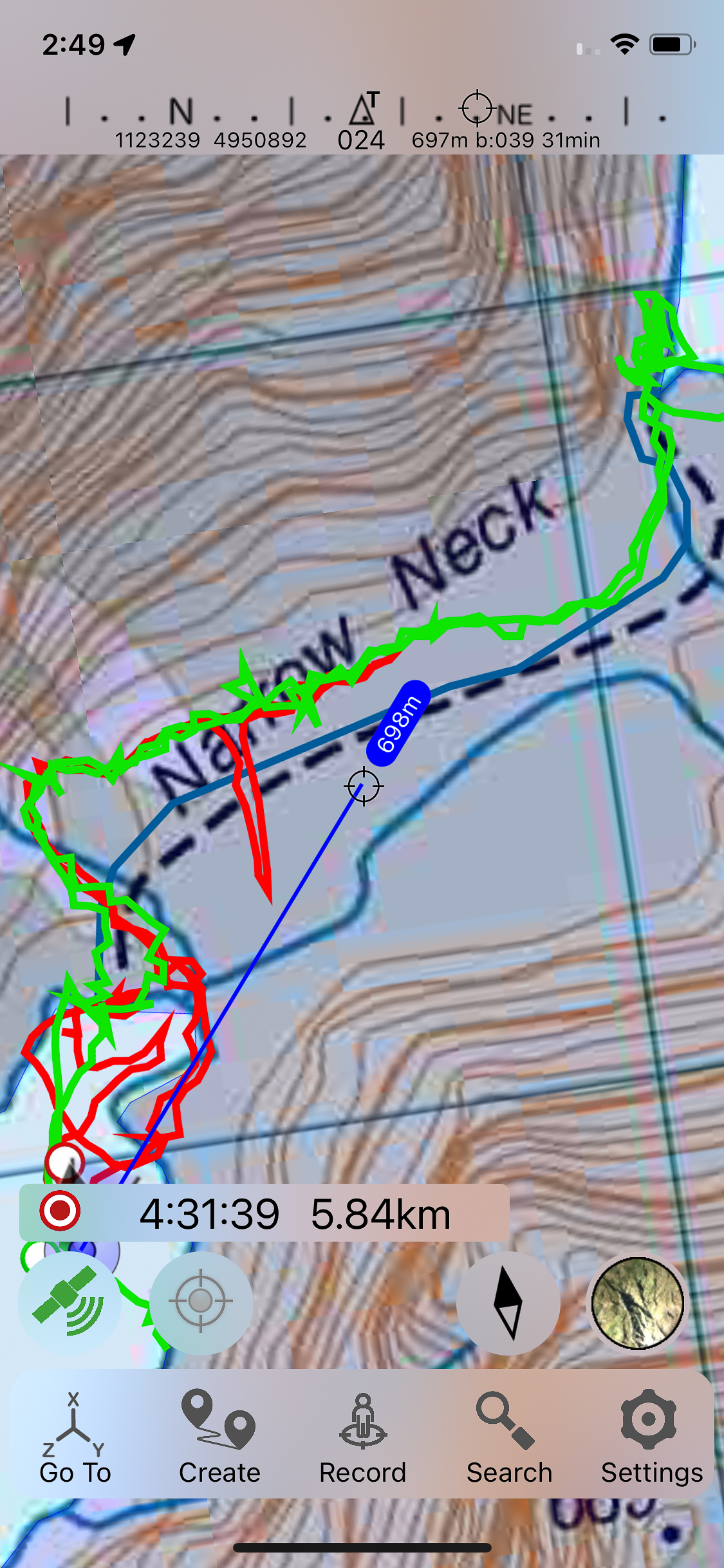
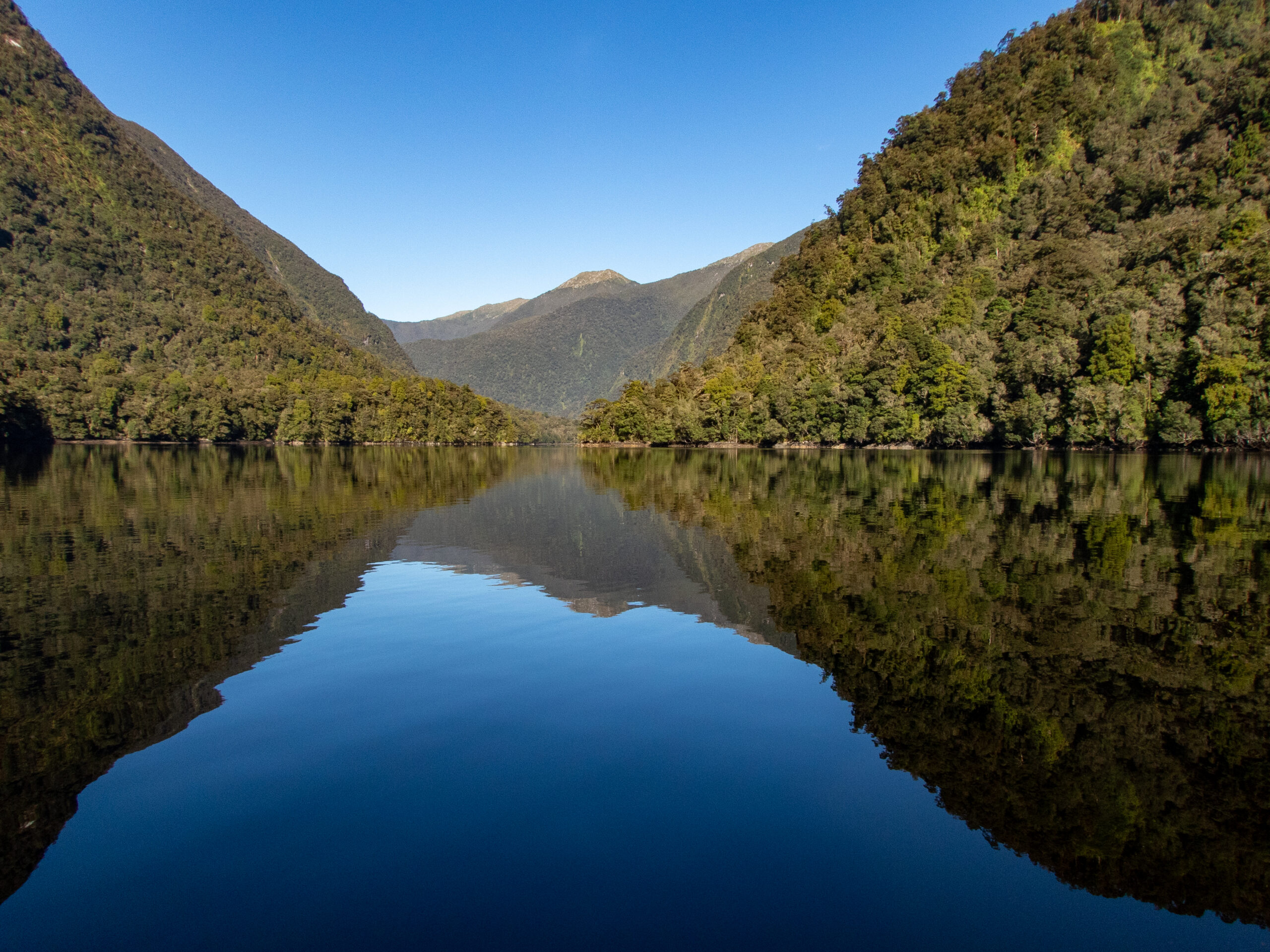


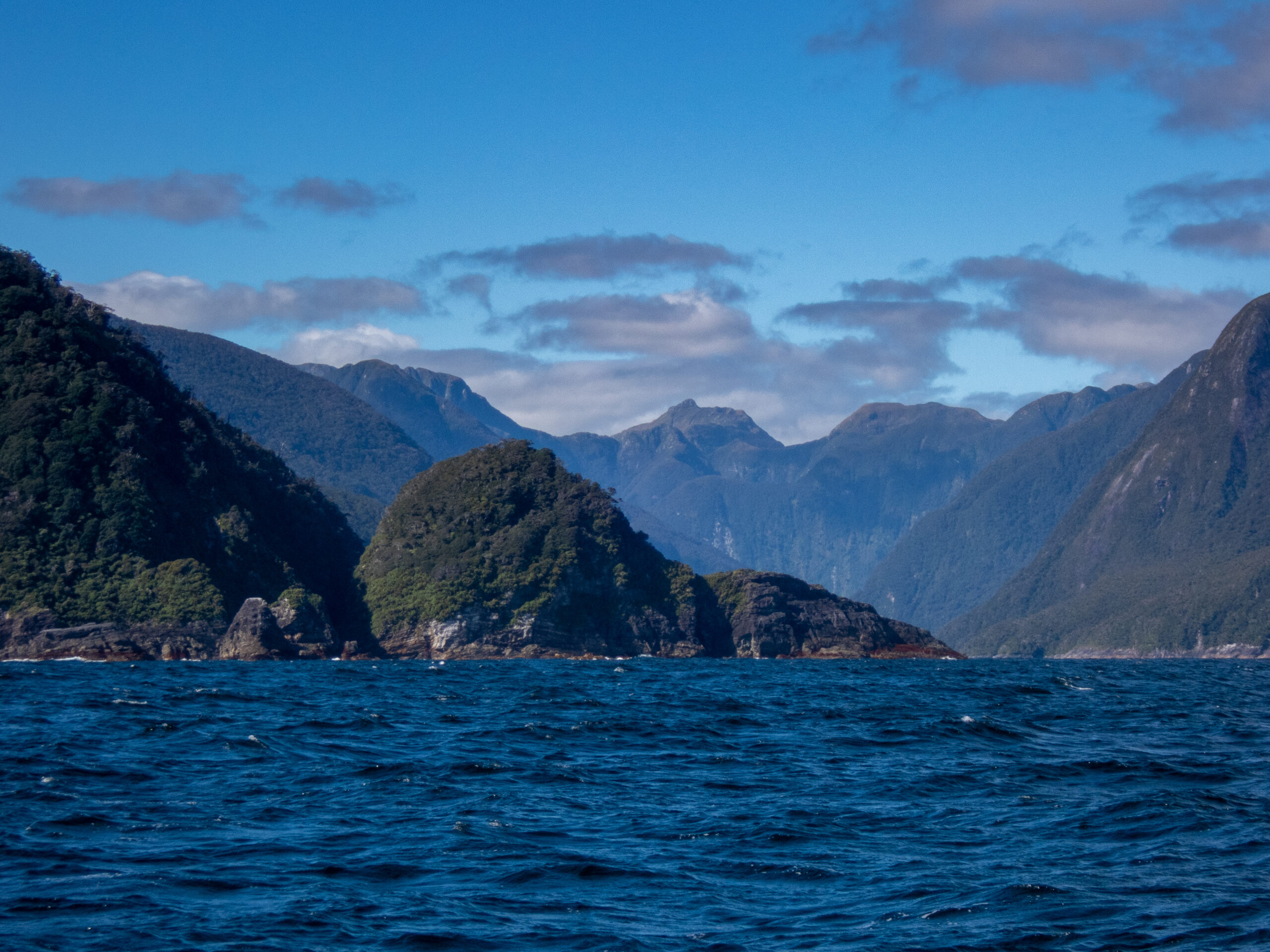
Vancouver Arm: Head of Bay, Third Cove, Stevens Cove, Breaksea/Te Puaitaha Sound – Fiordland.
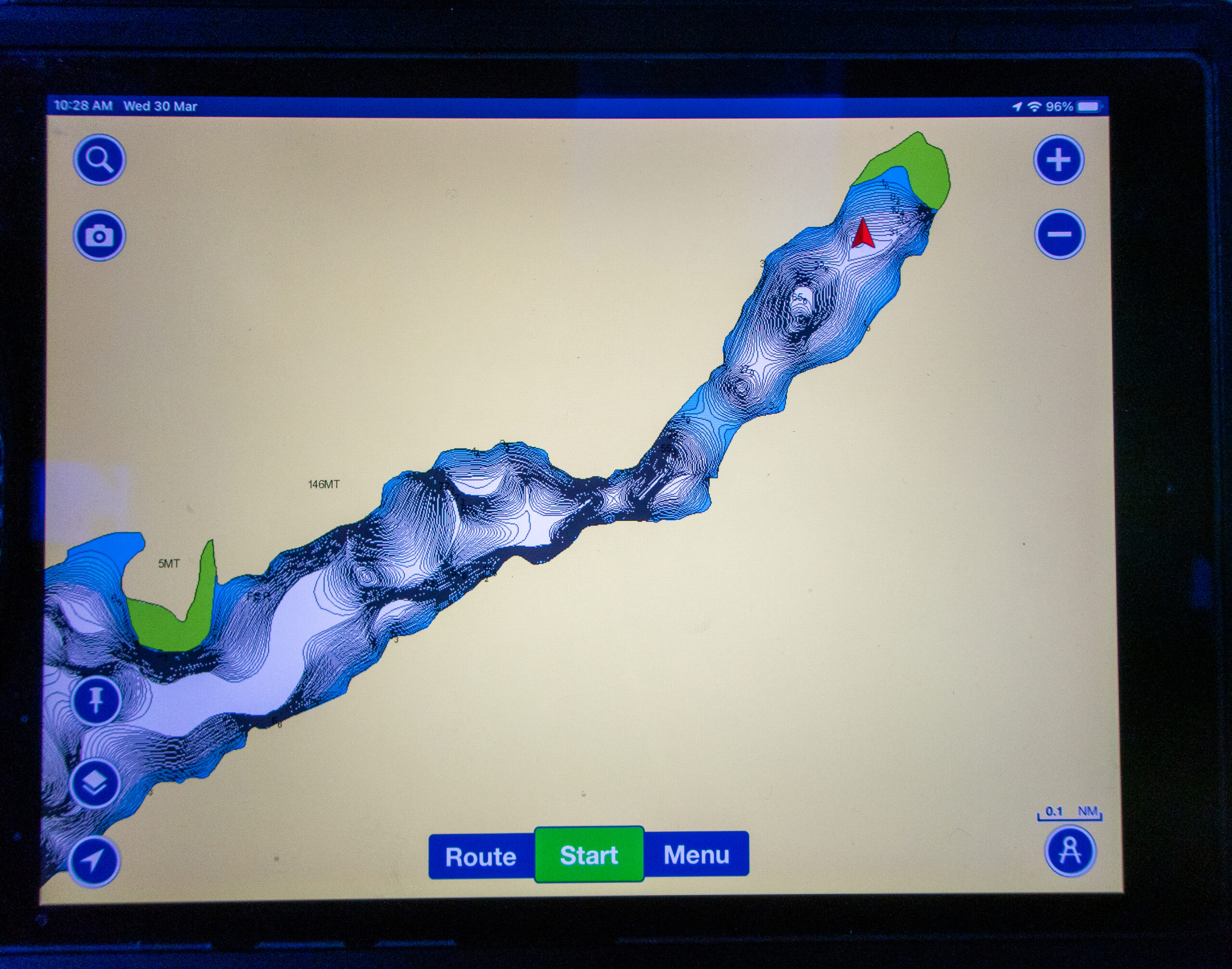
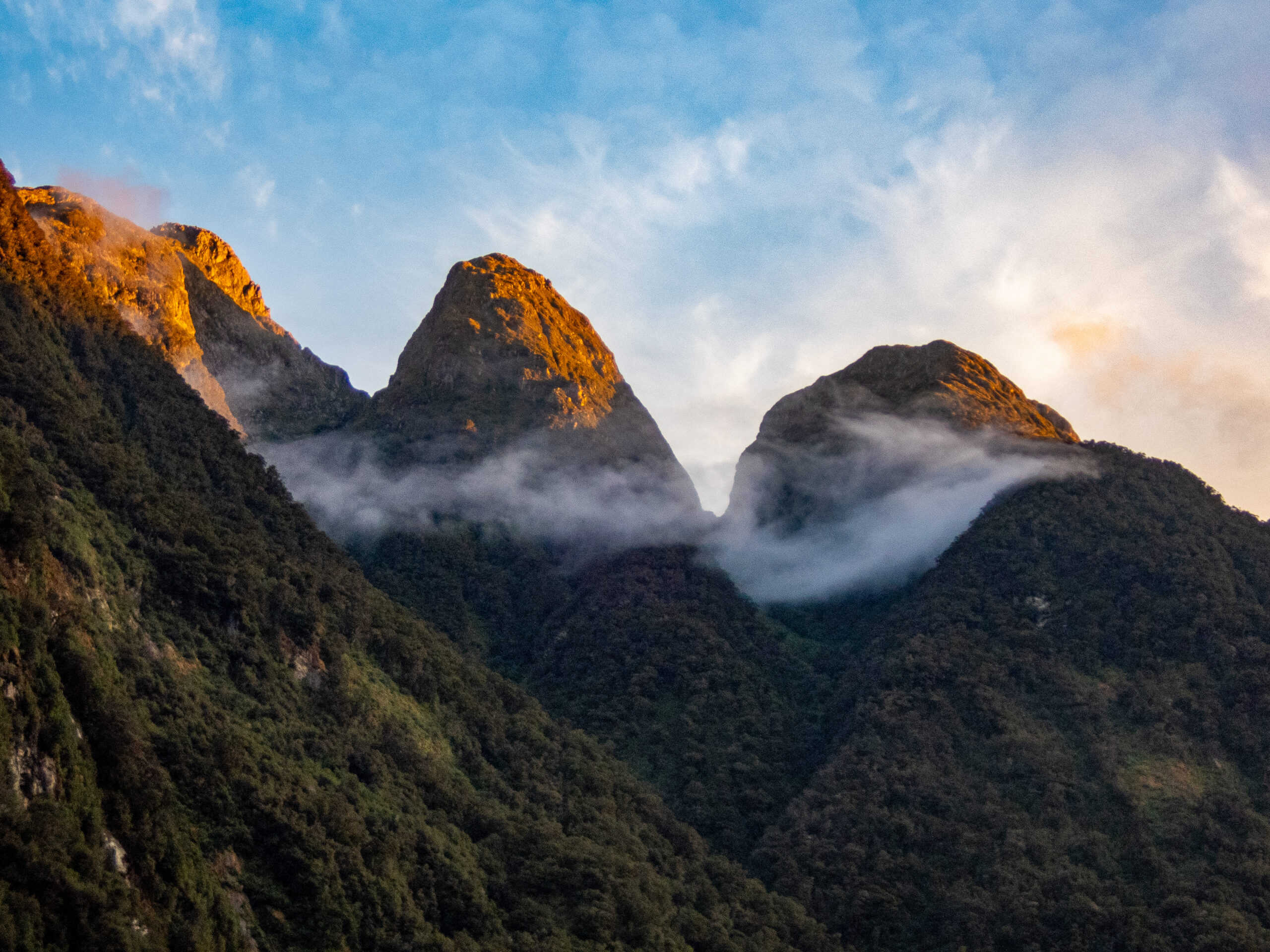

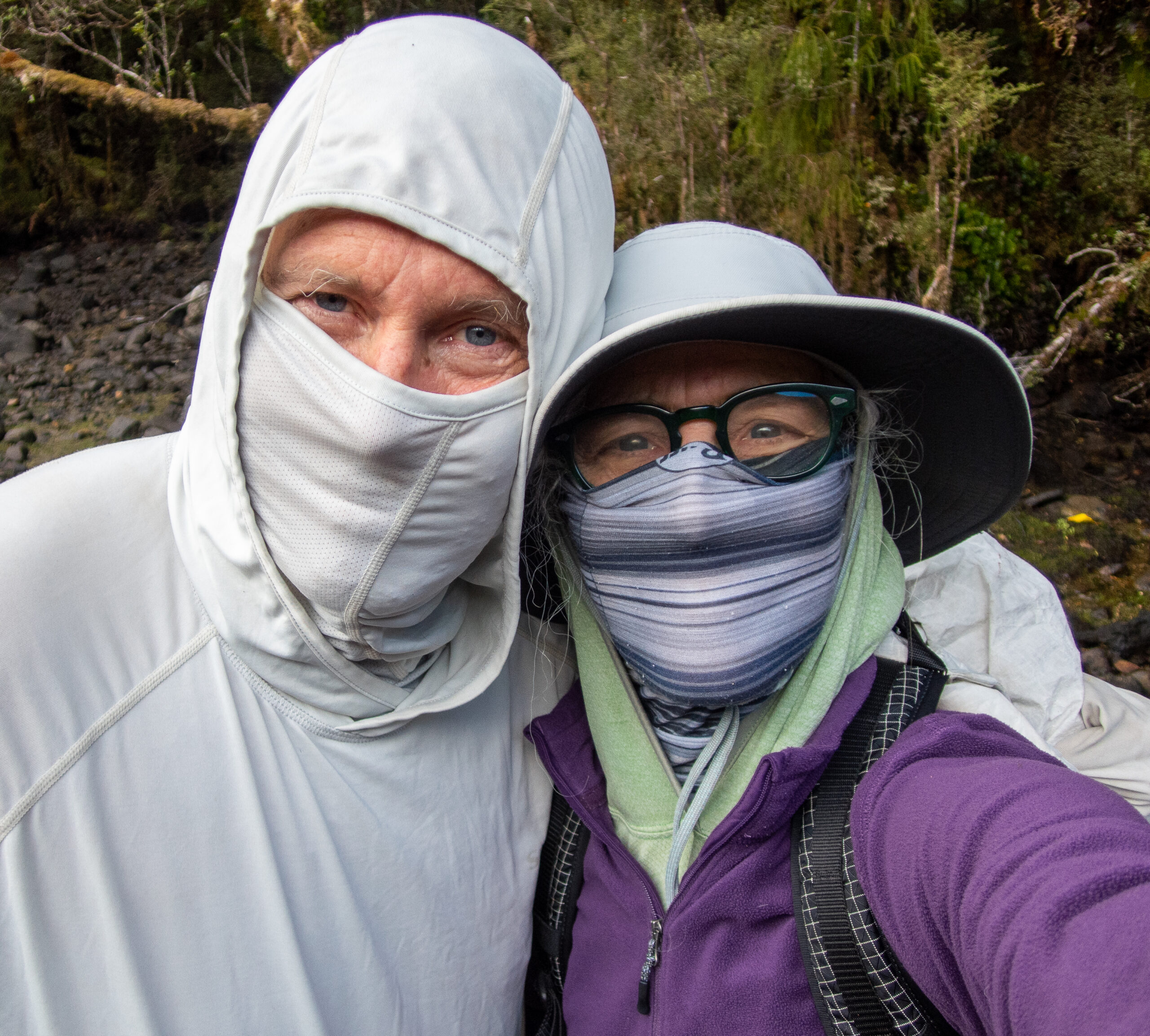

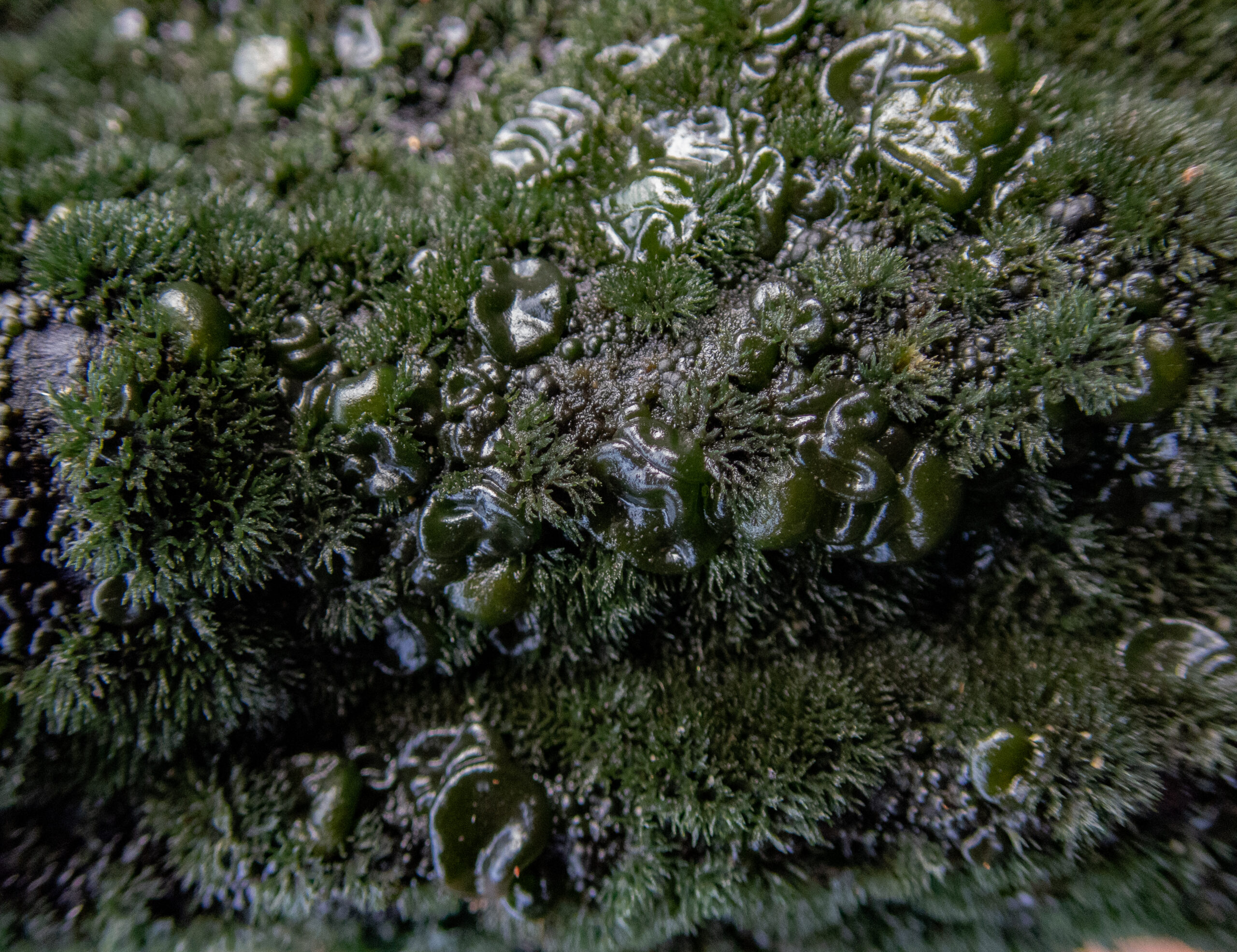


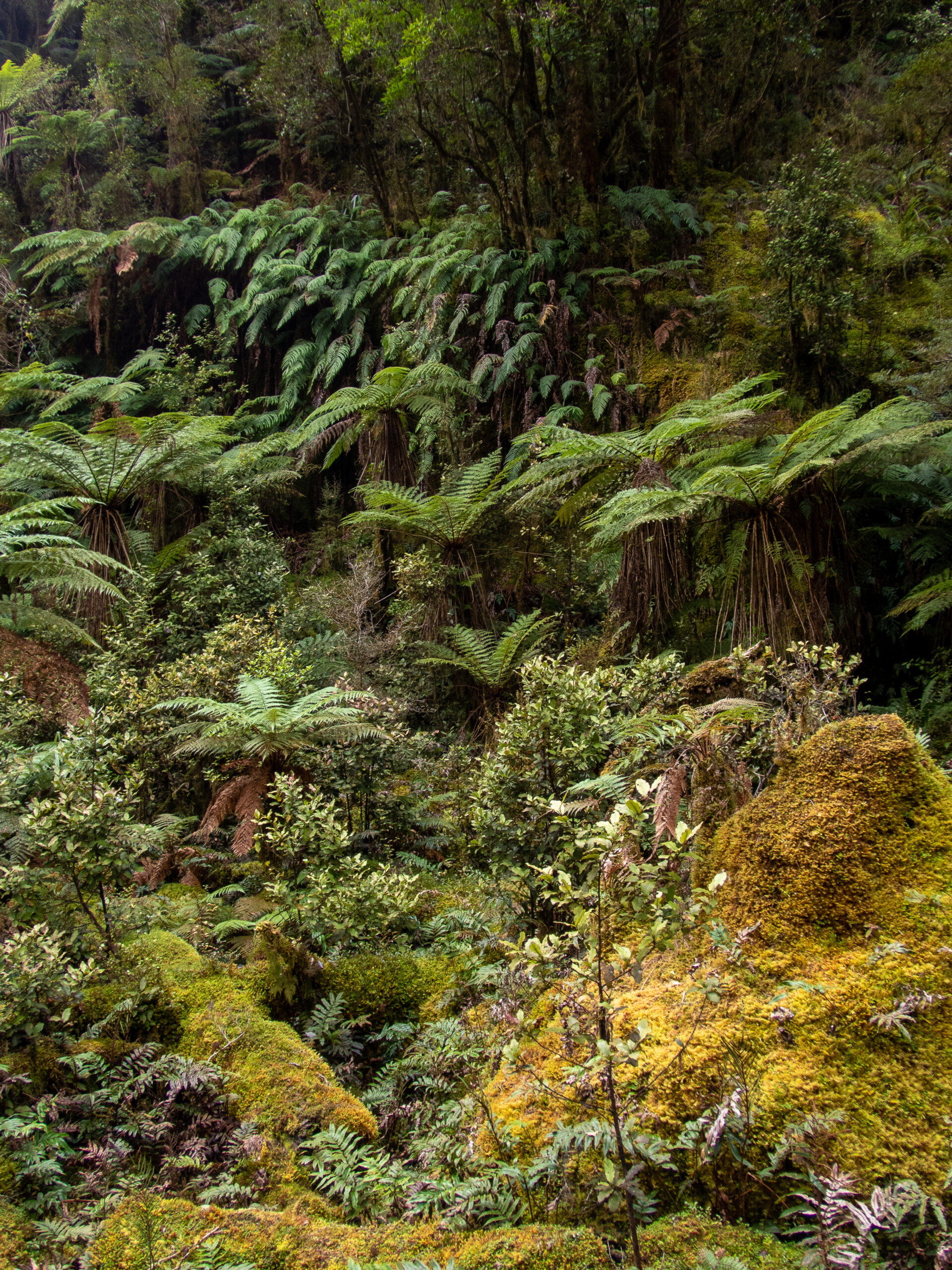
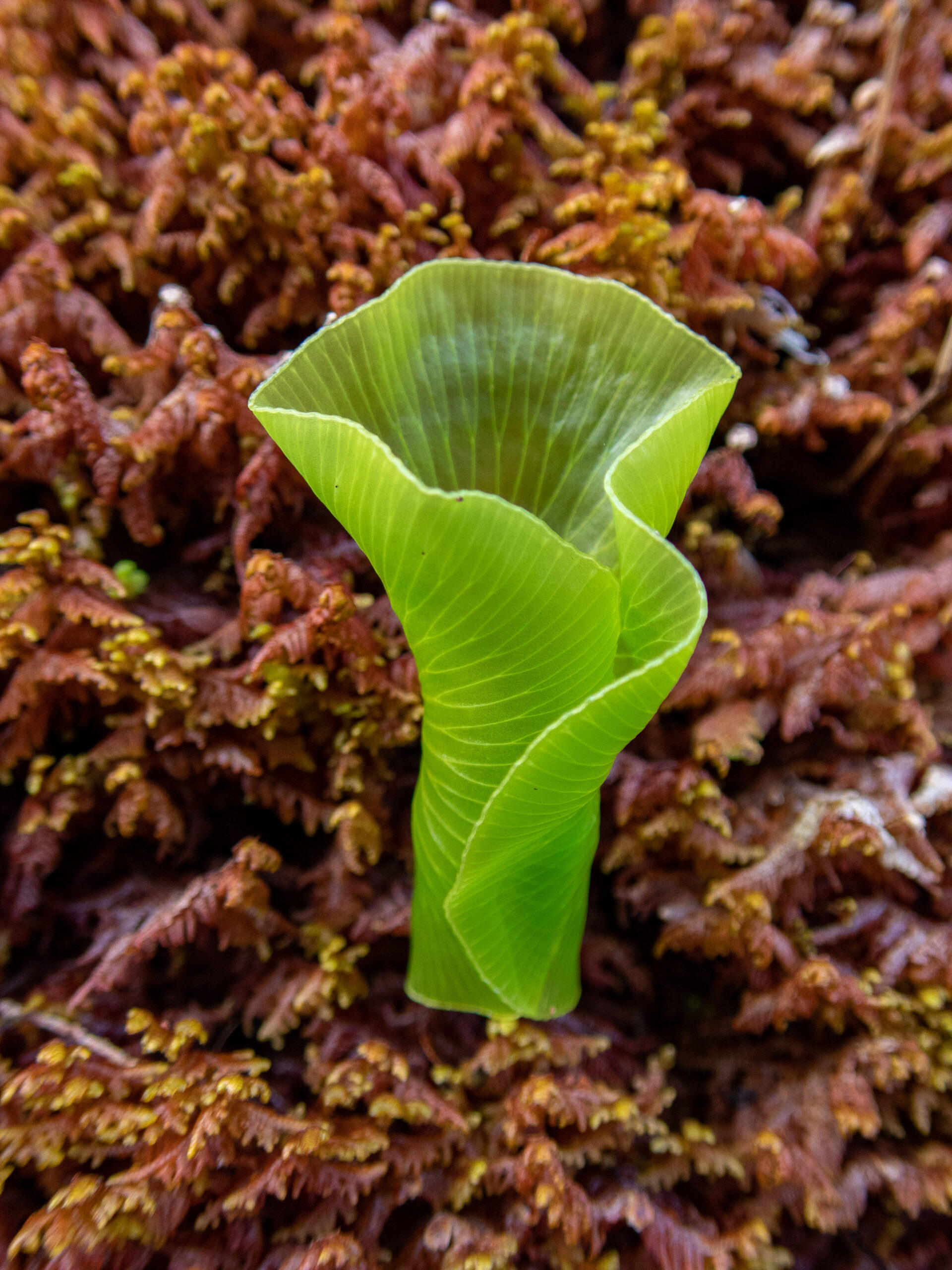
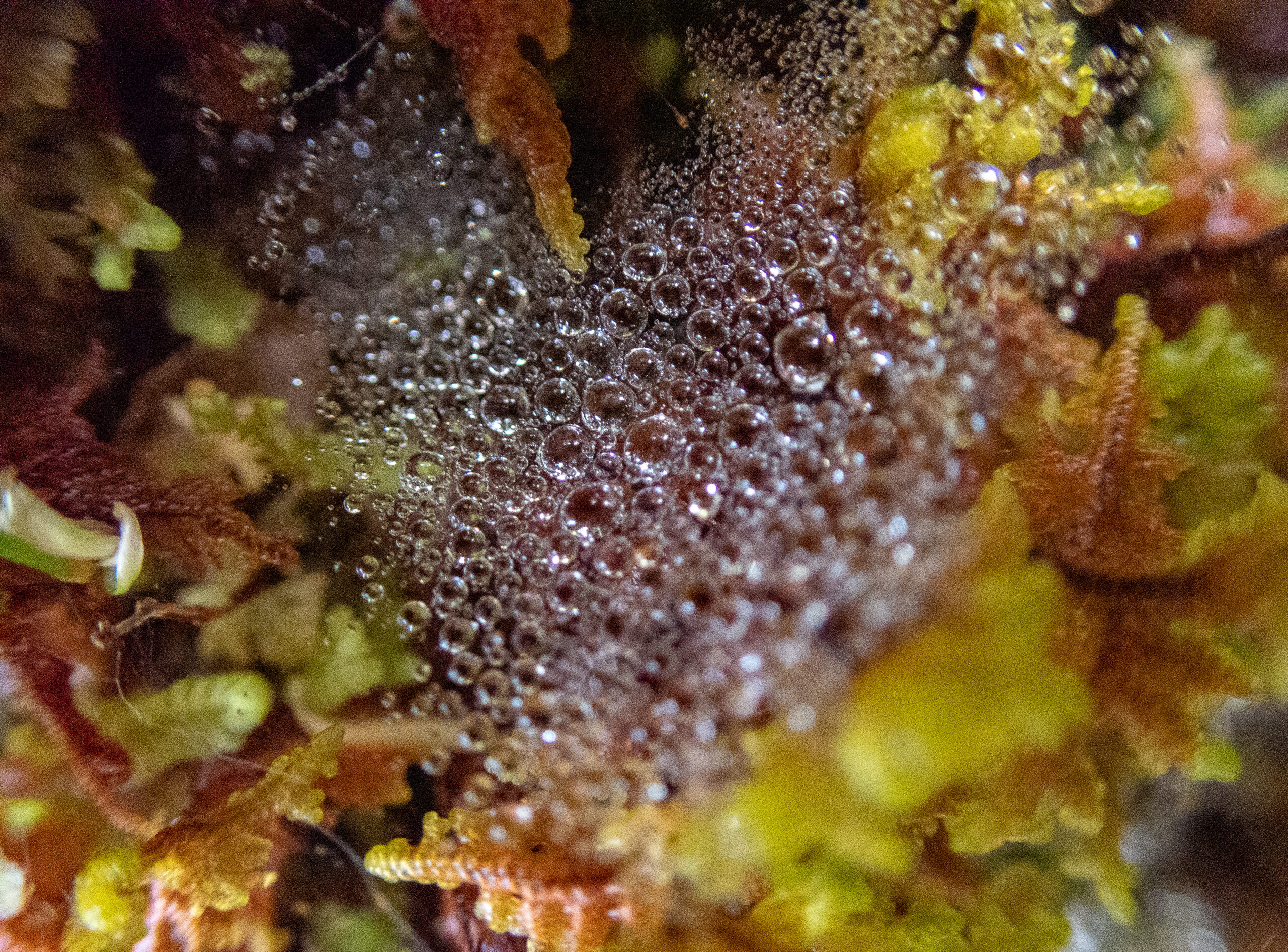
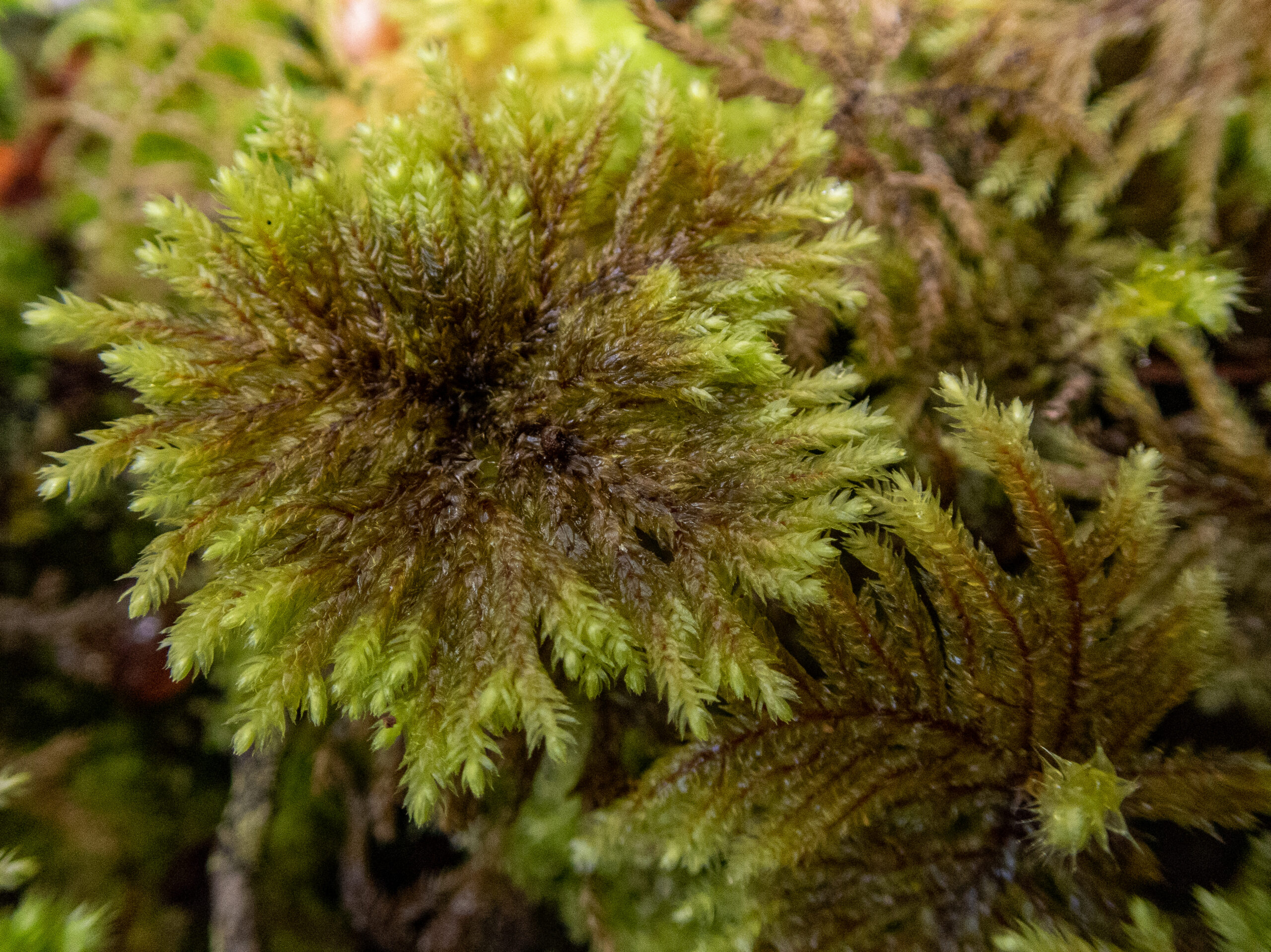
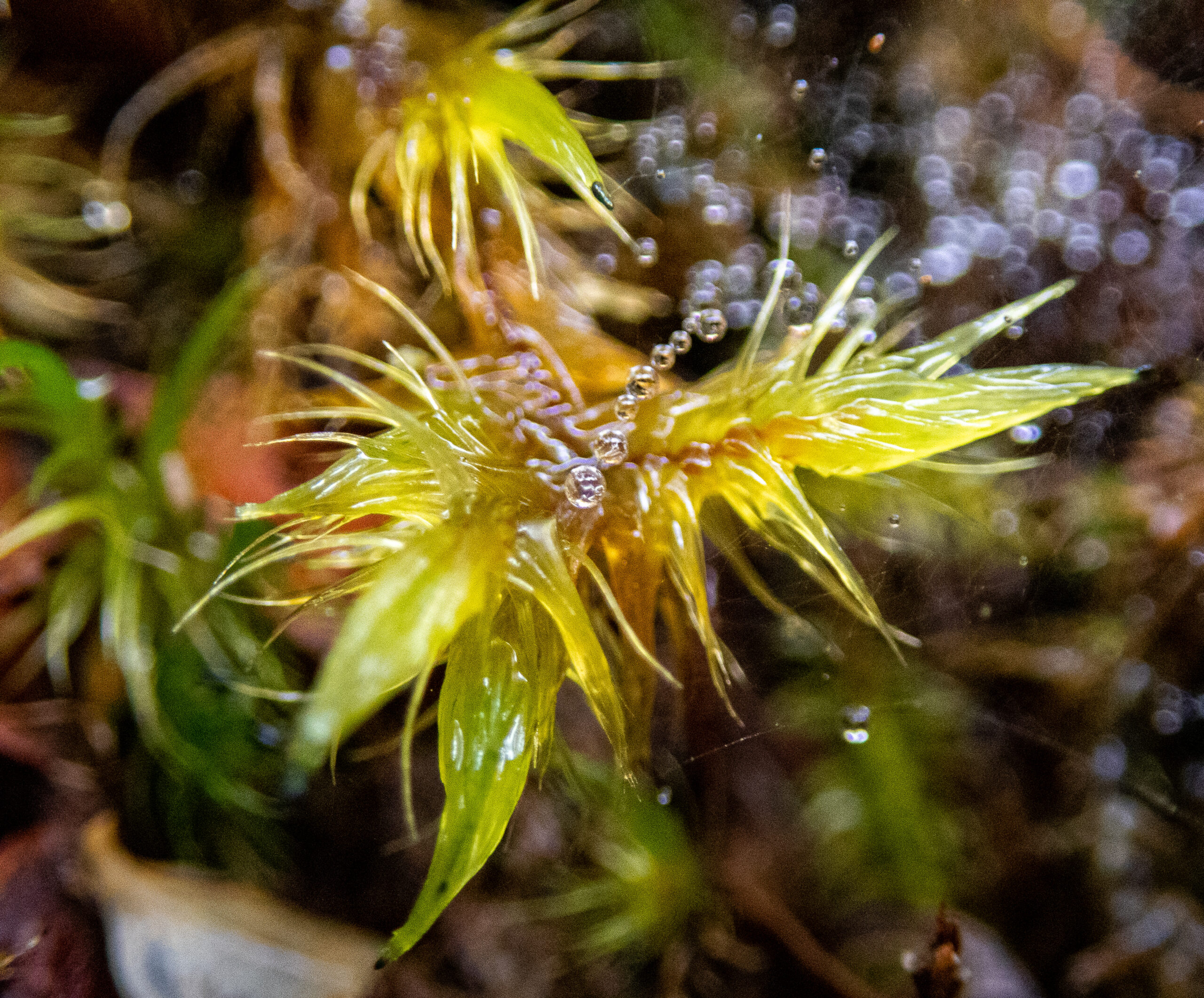
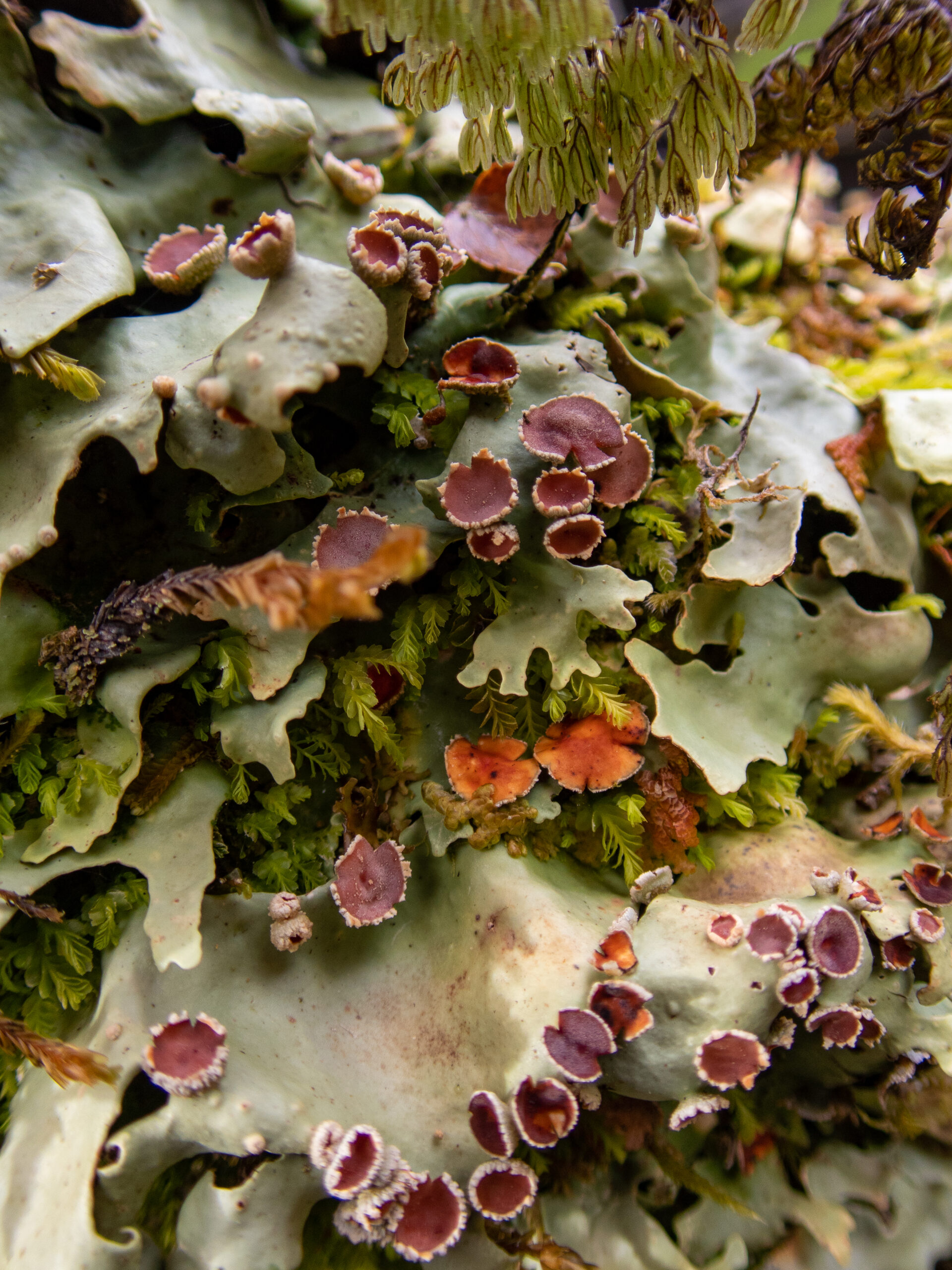
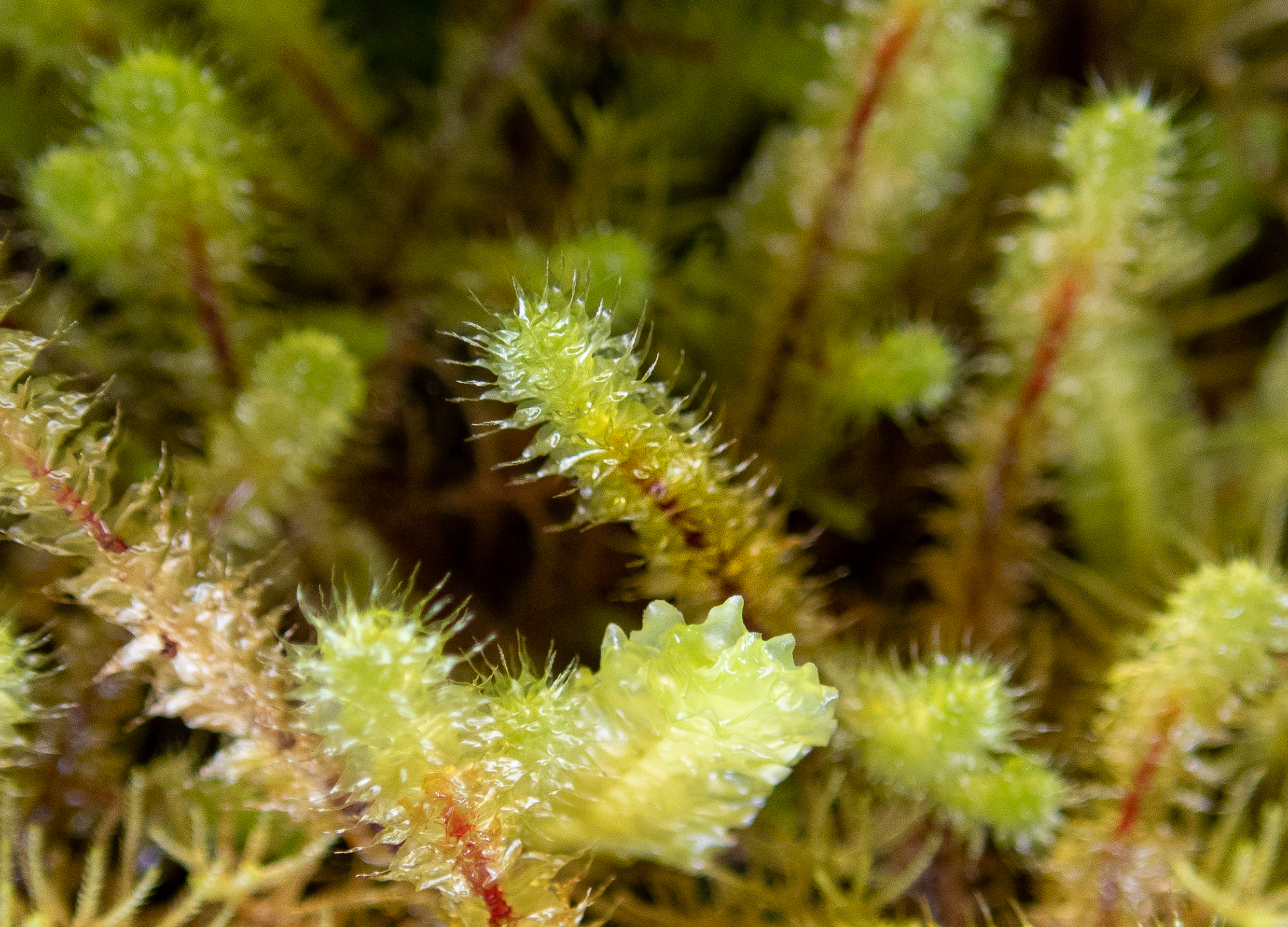
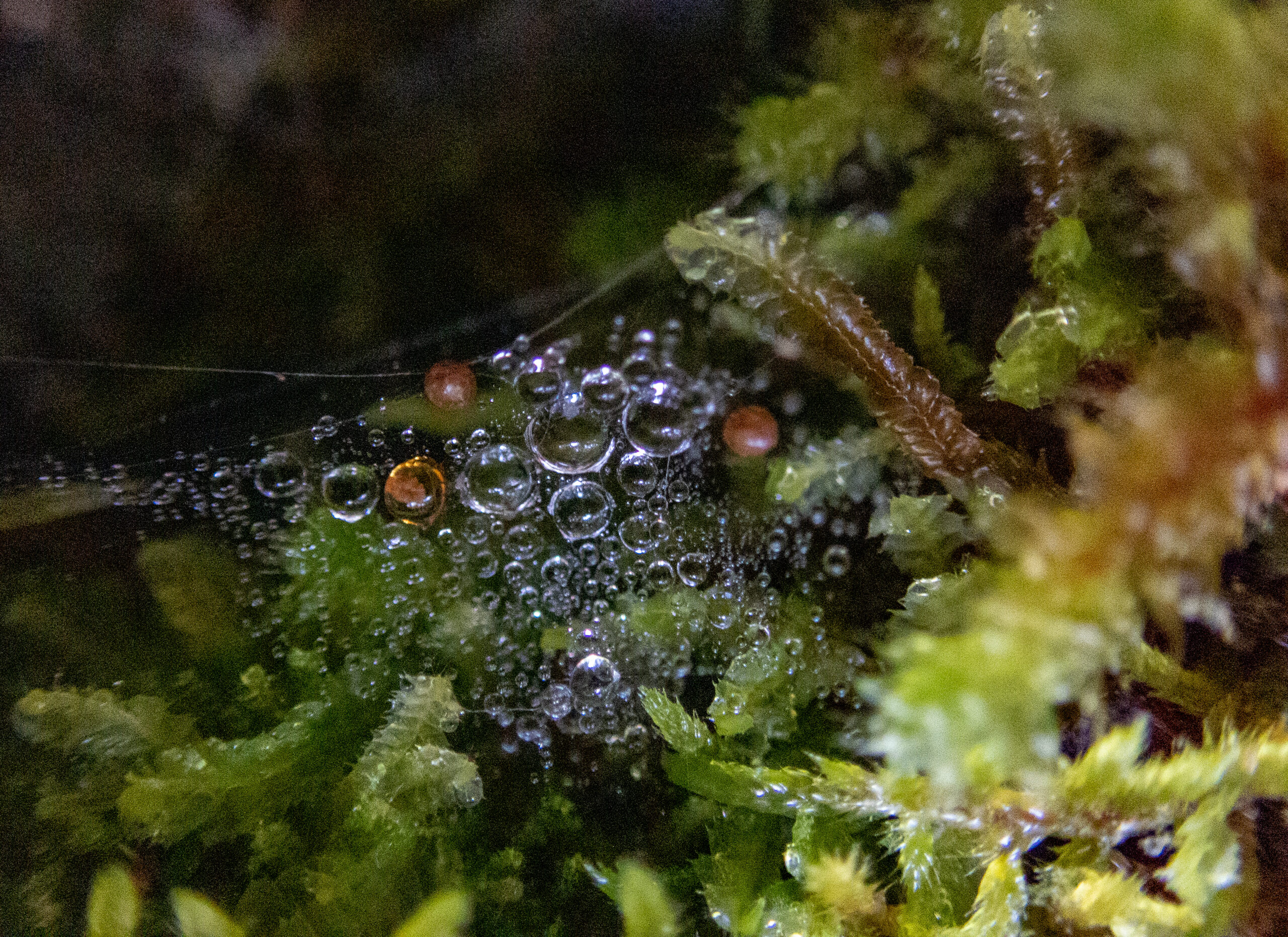

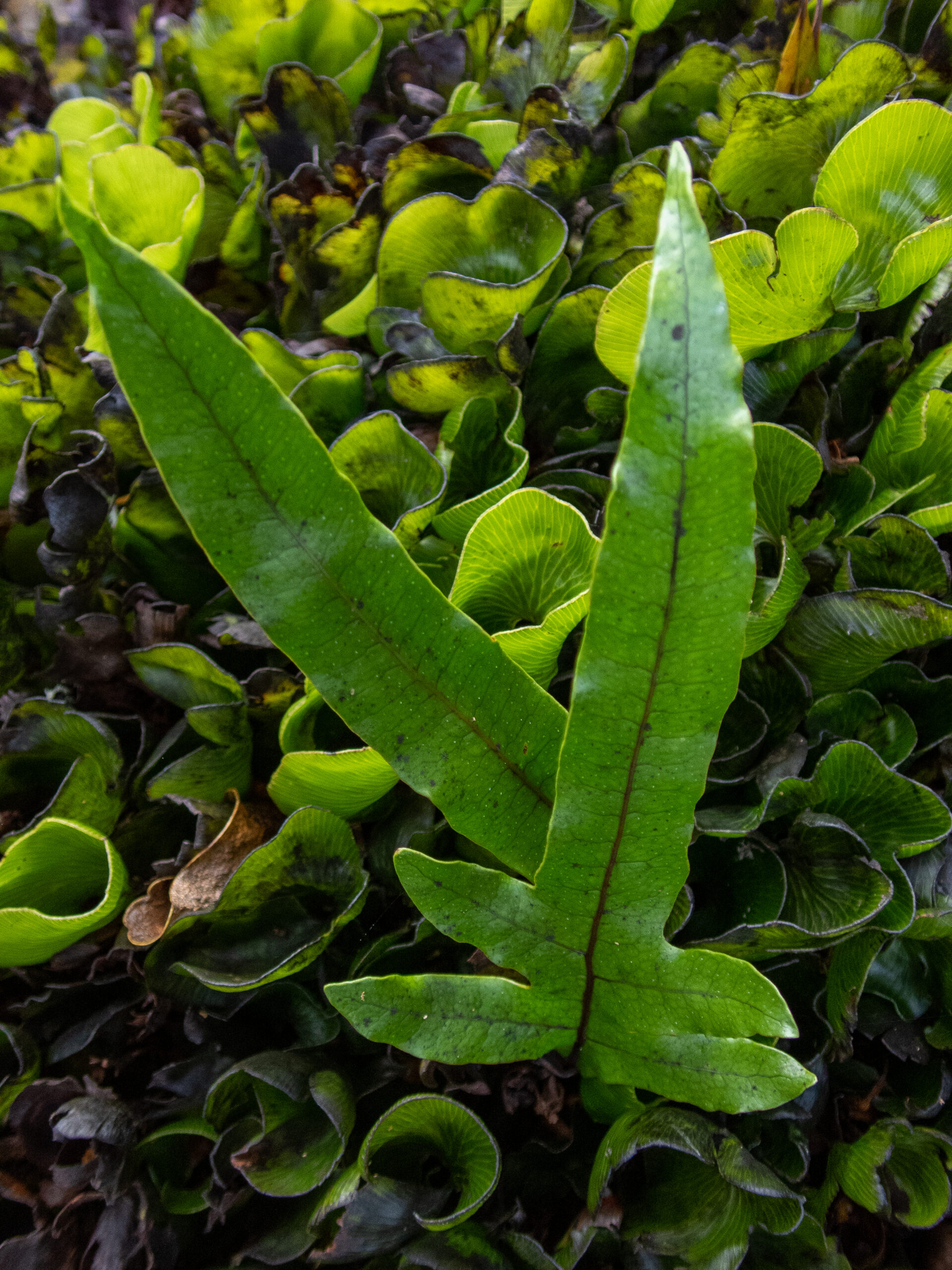
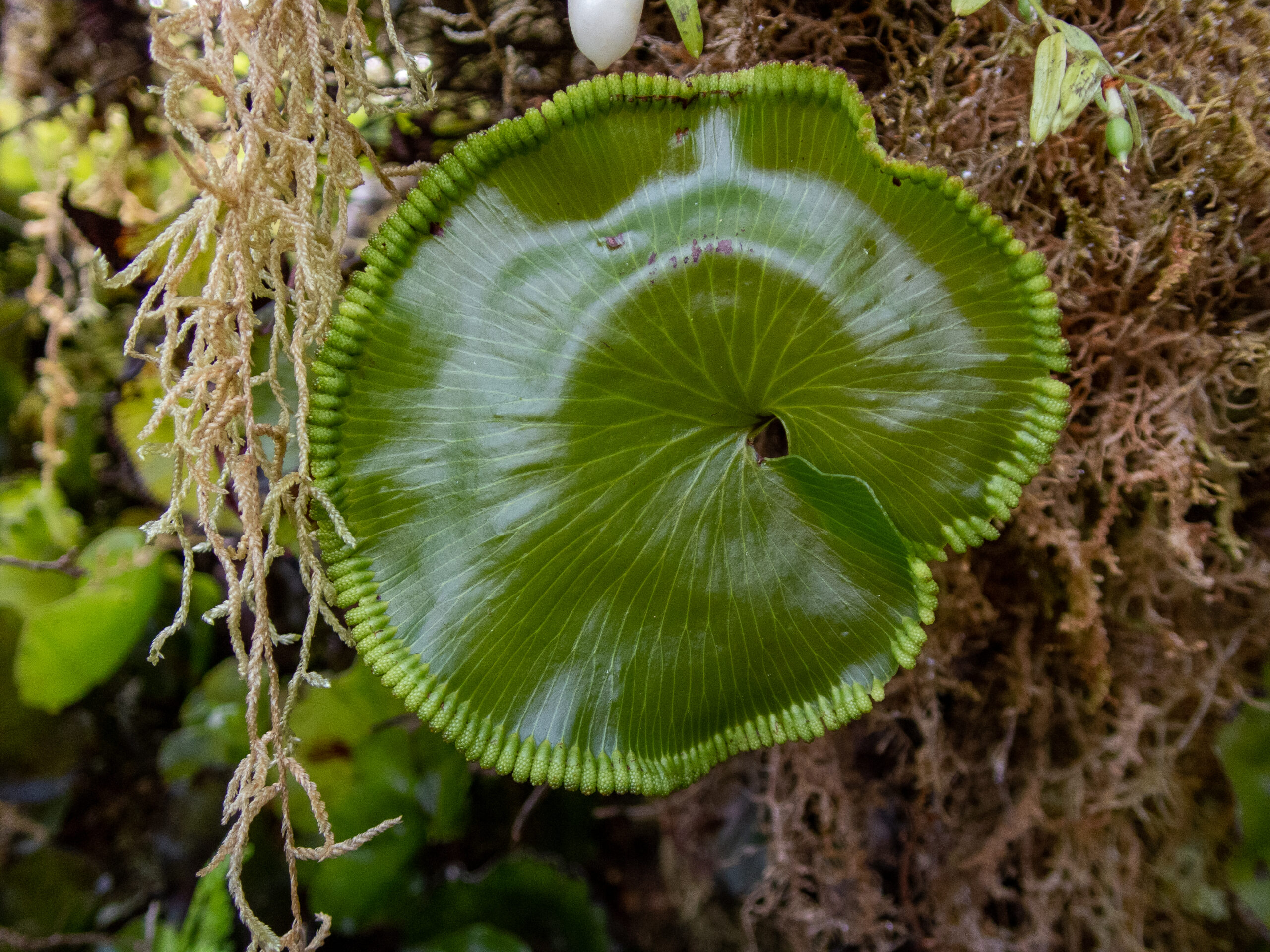
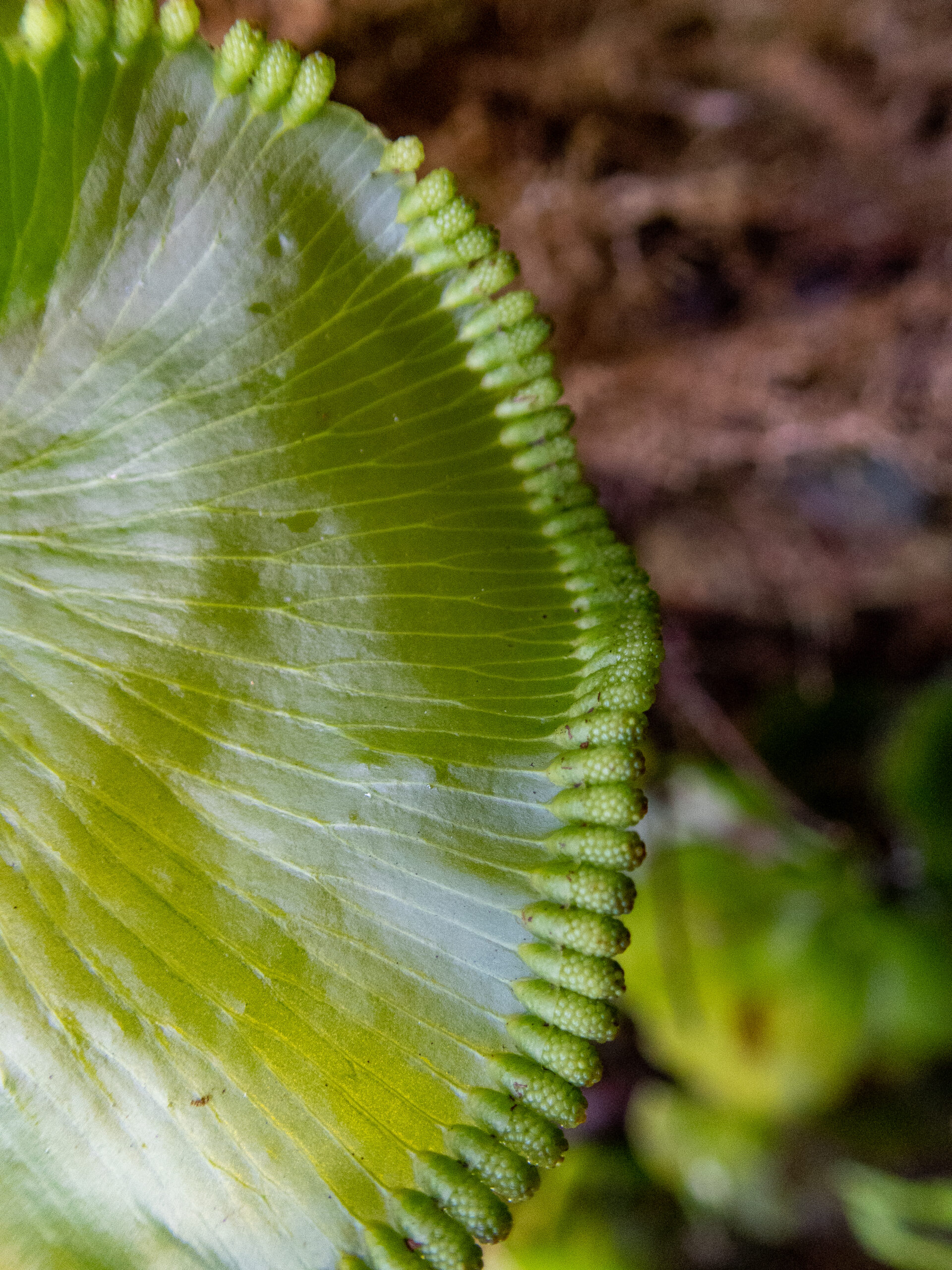
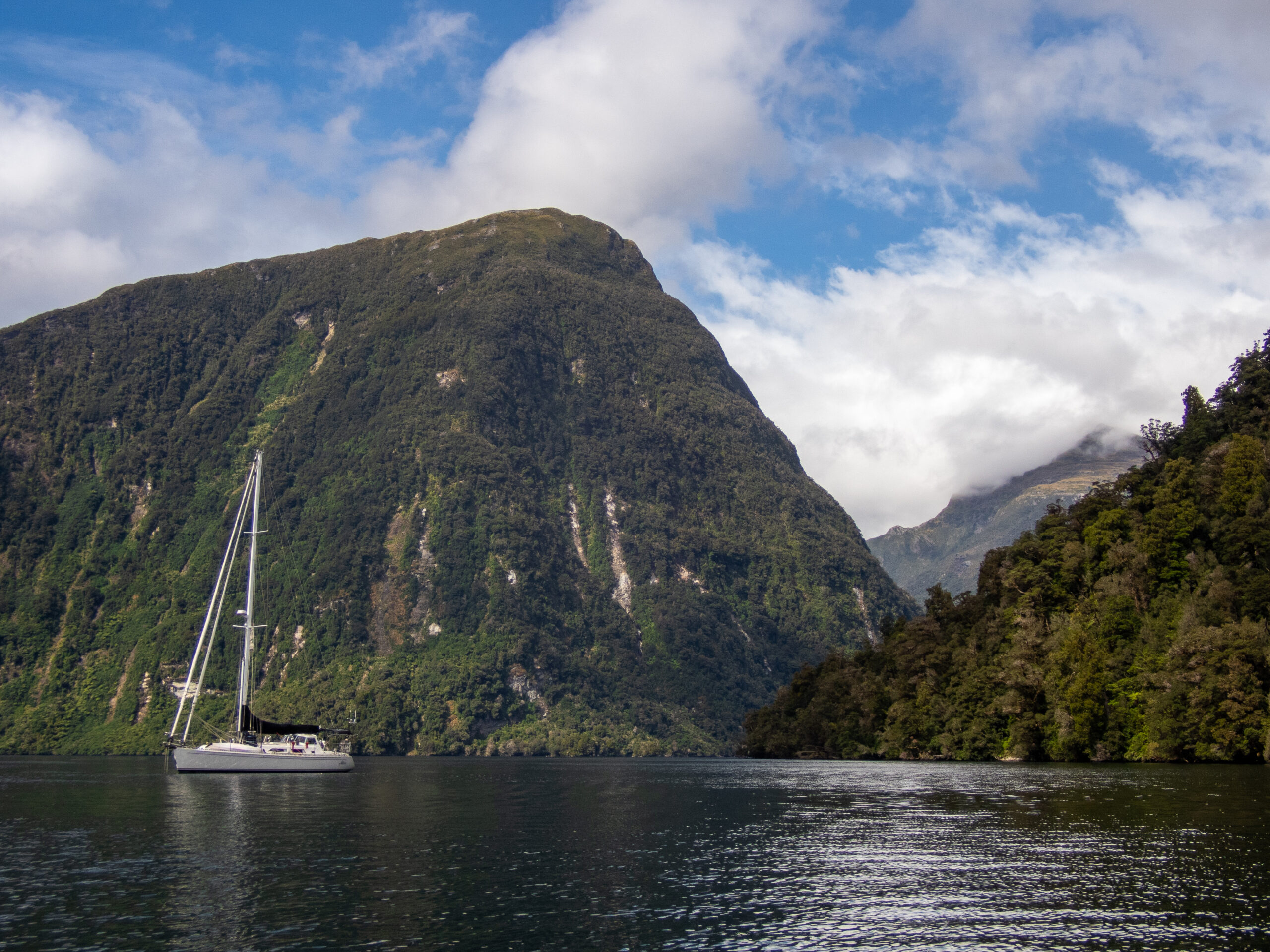
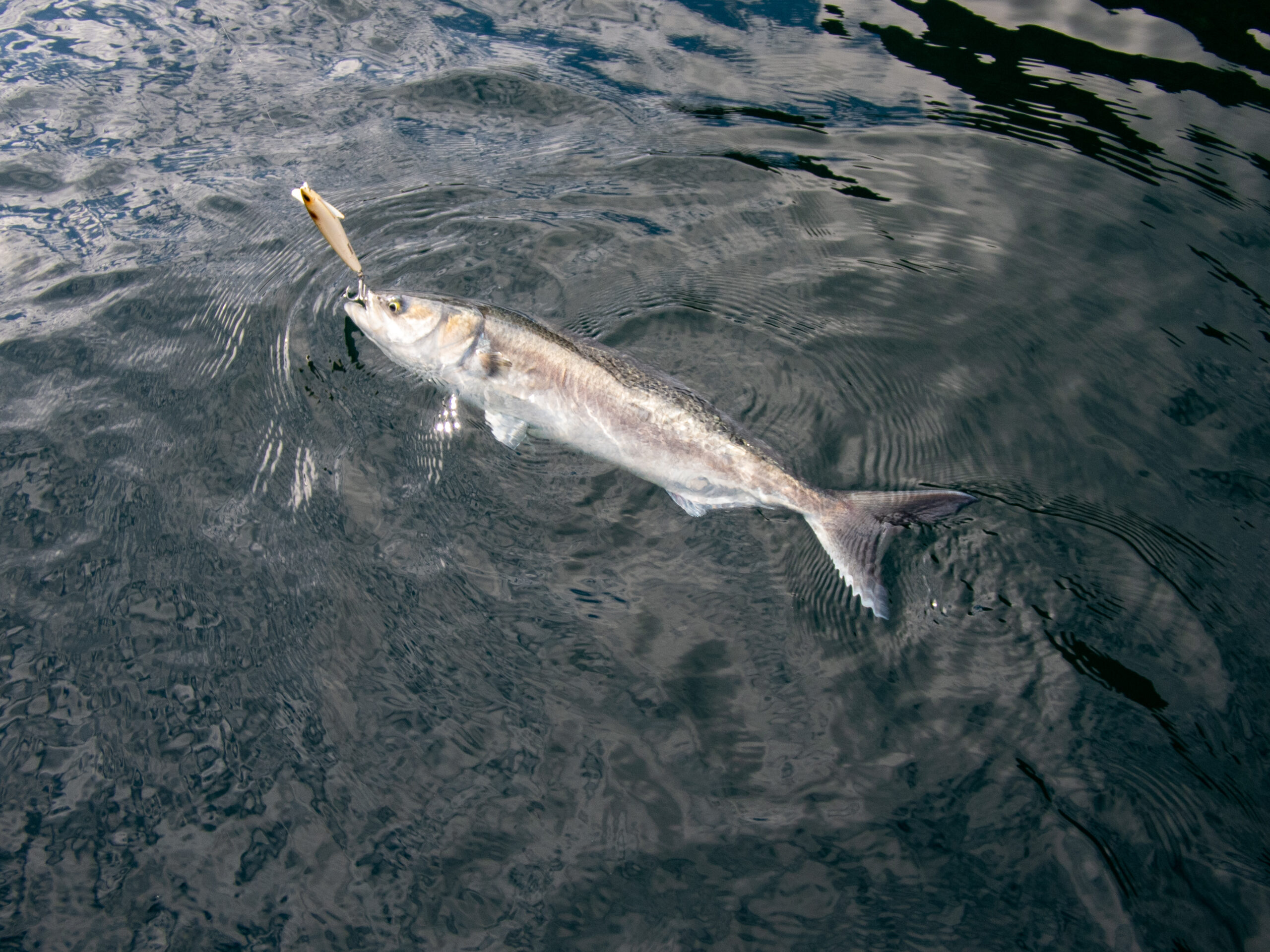

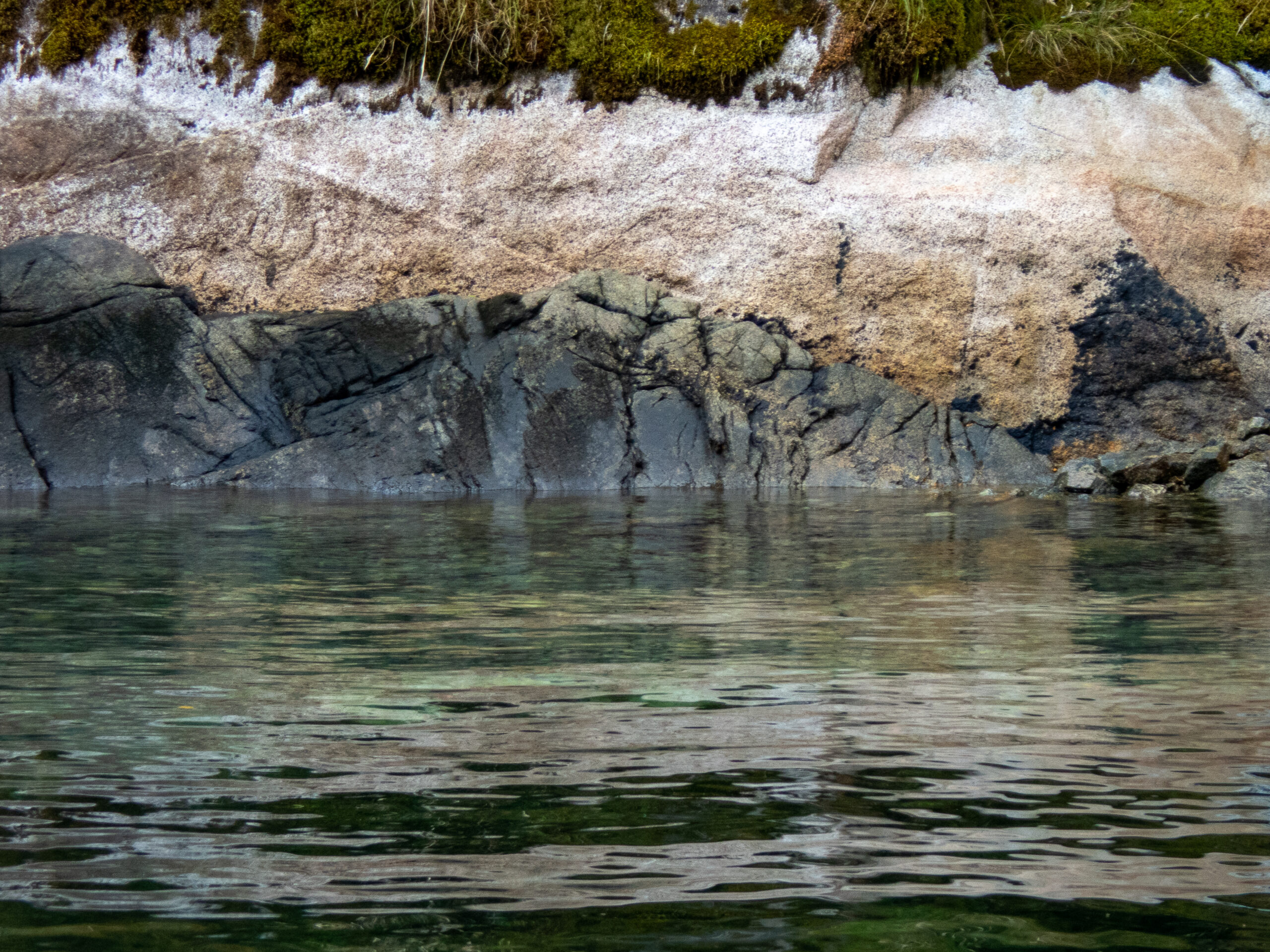
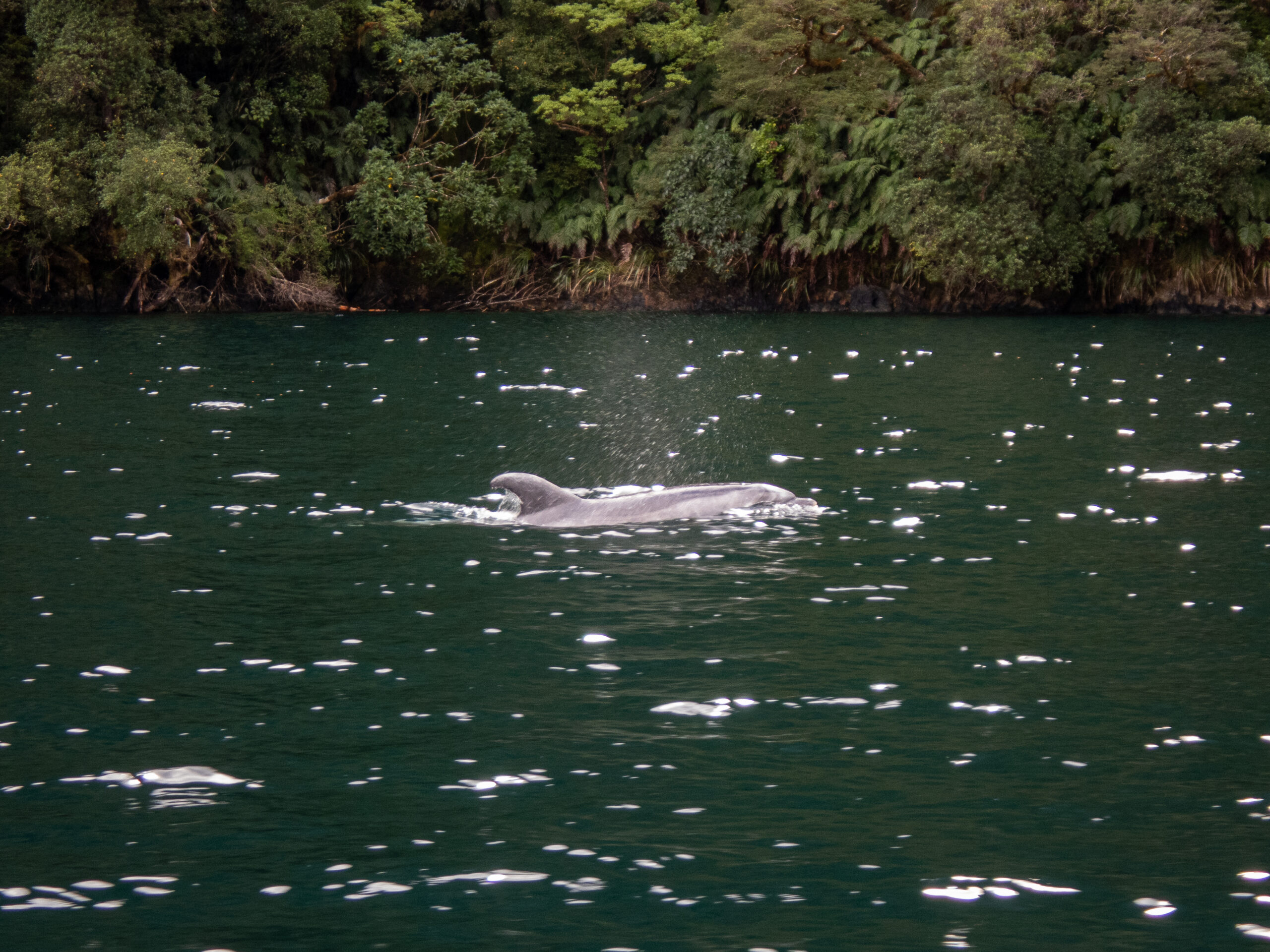
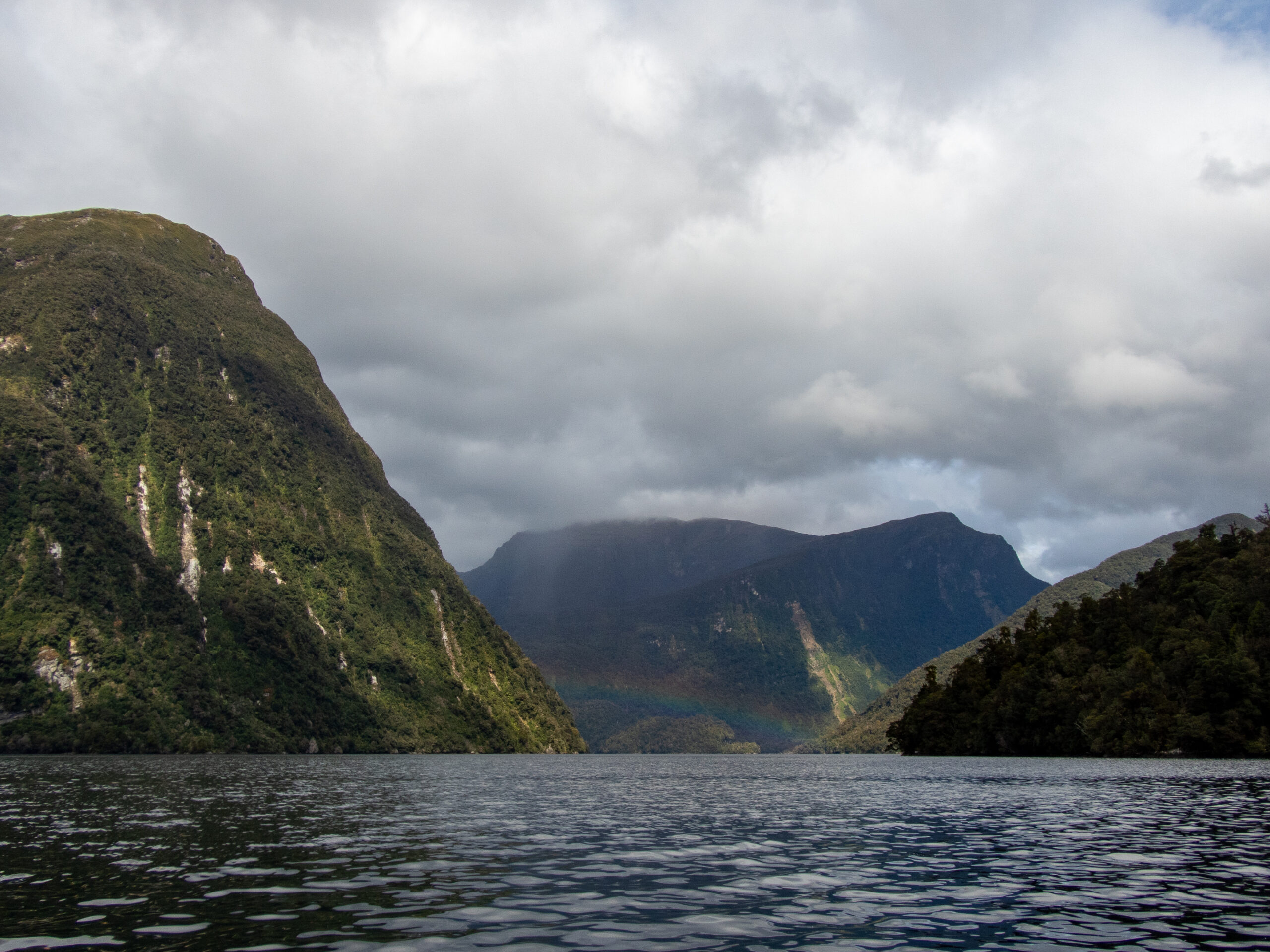
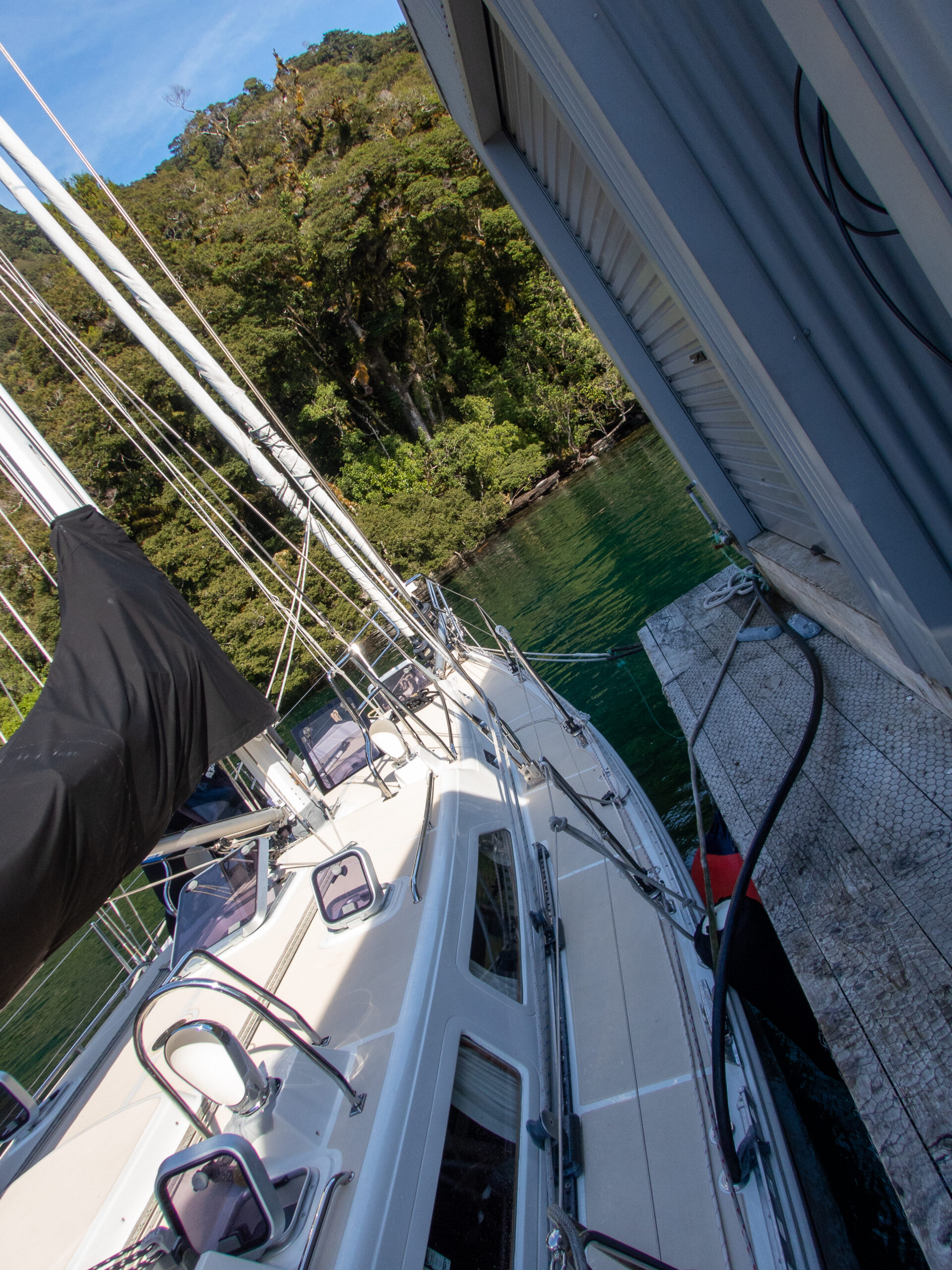

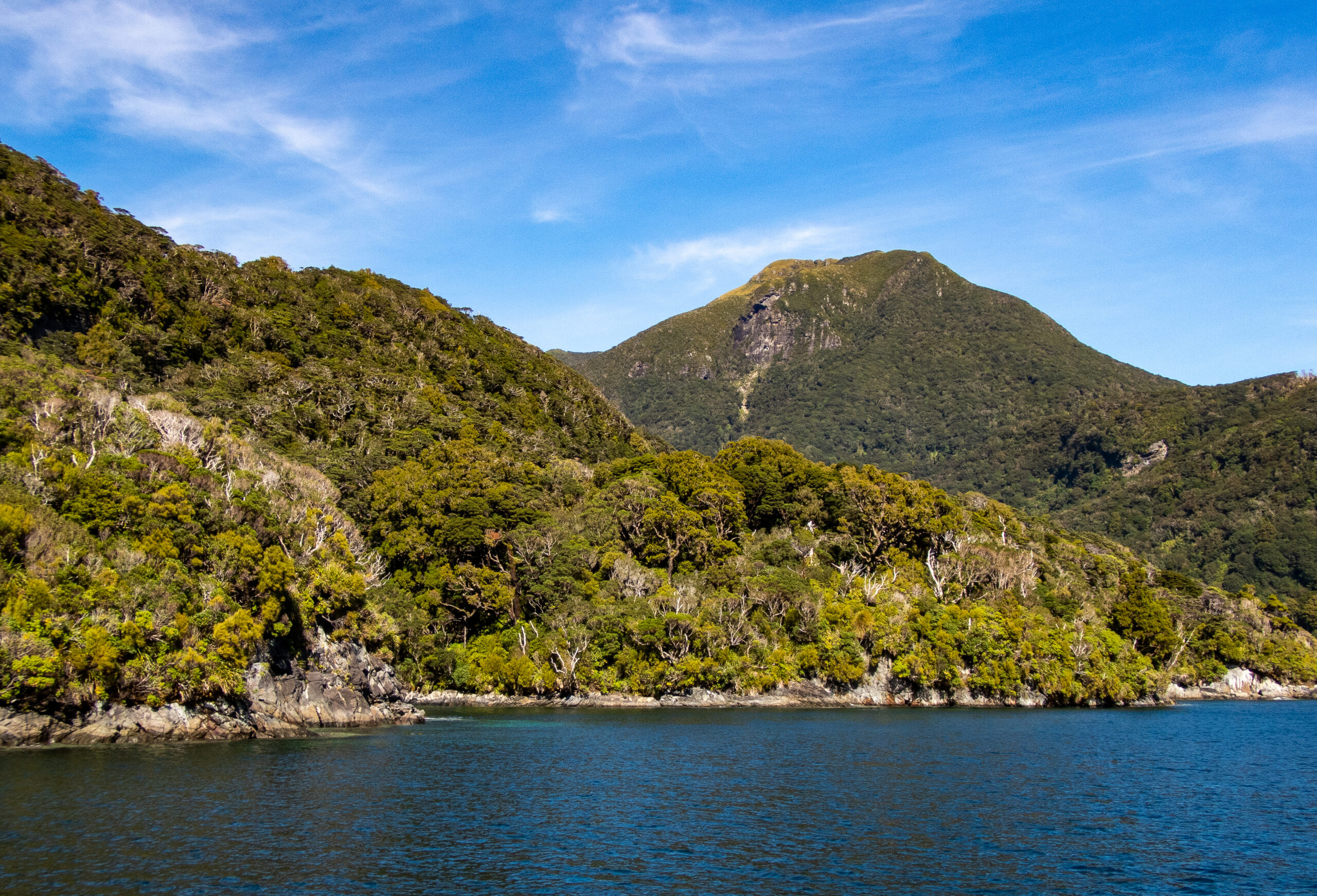

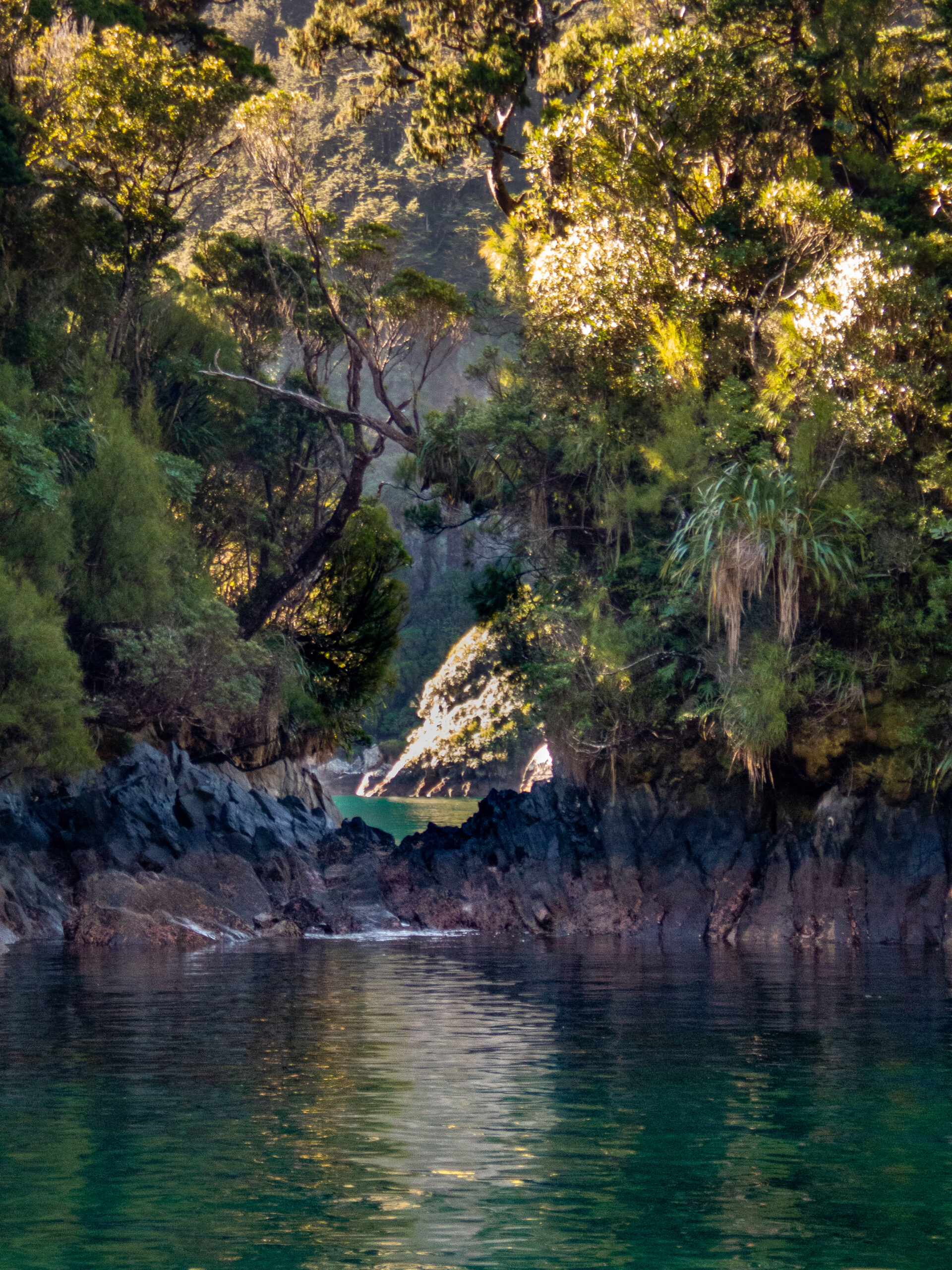
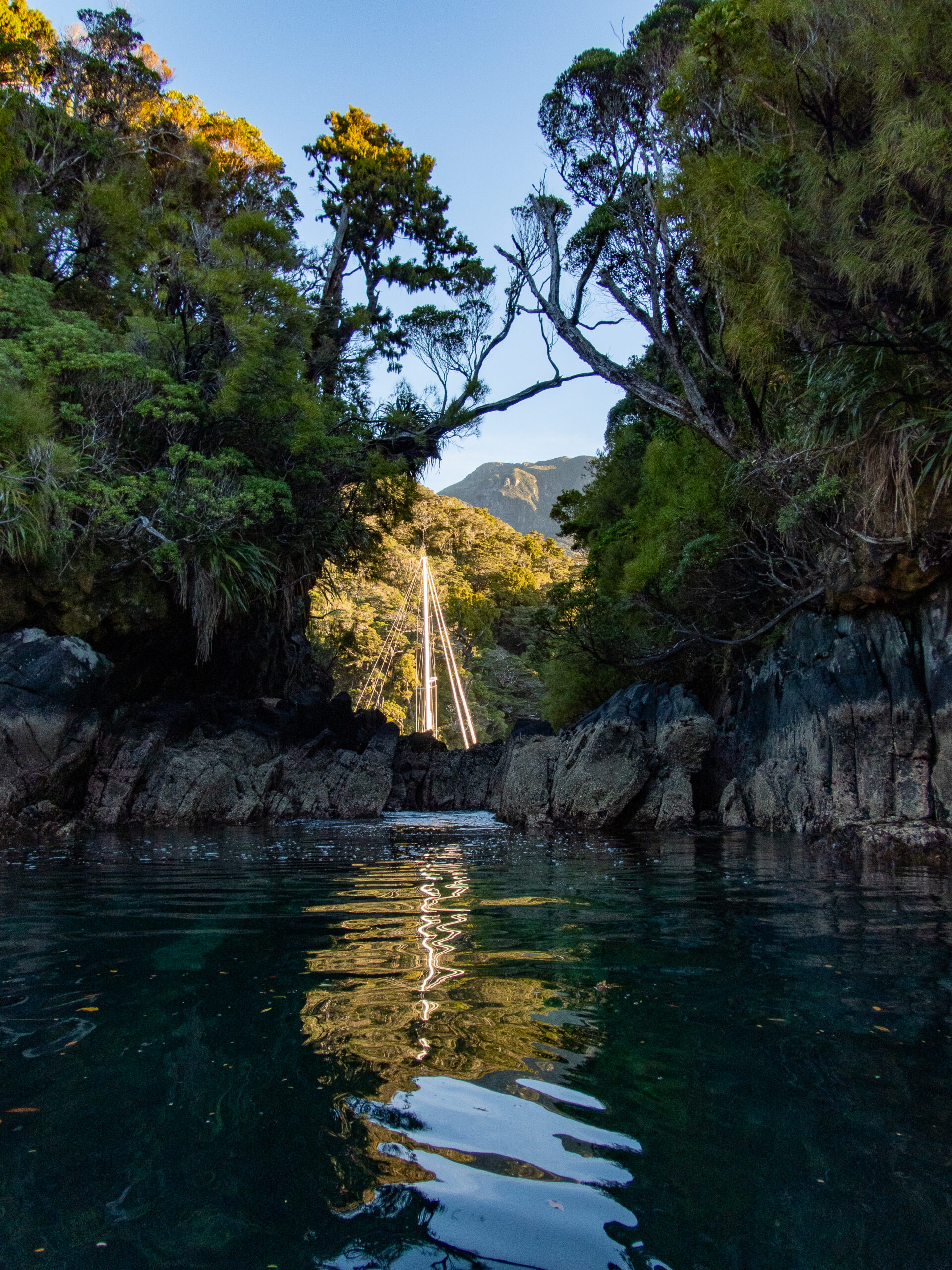
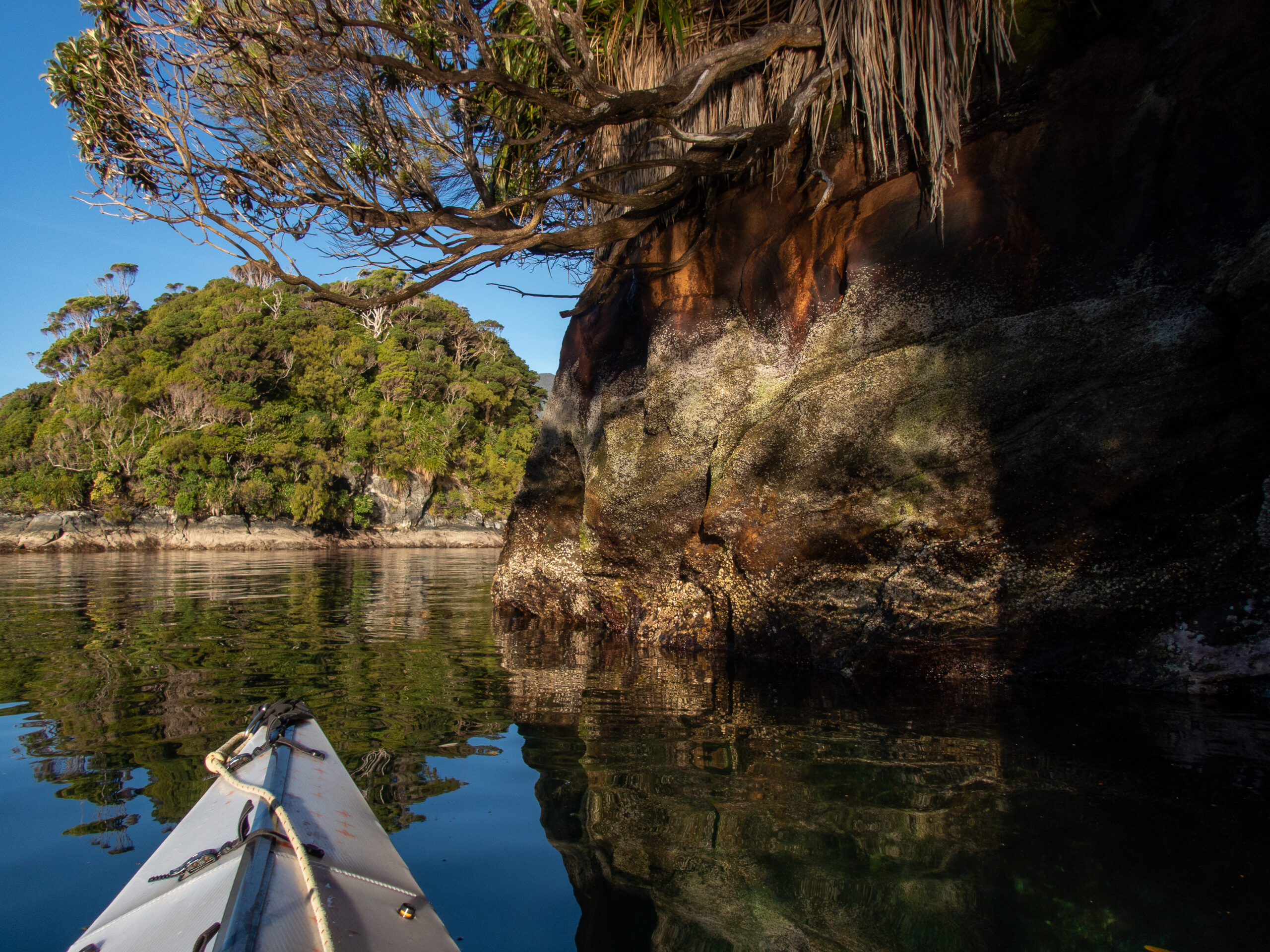
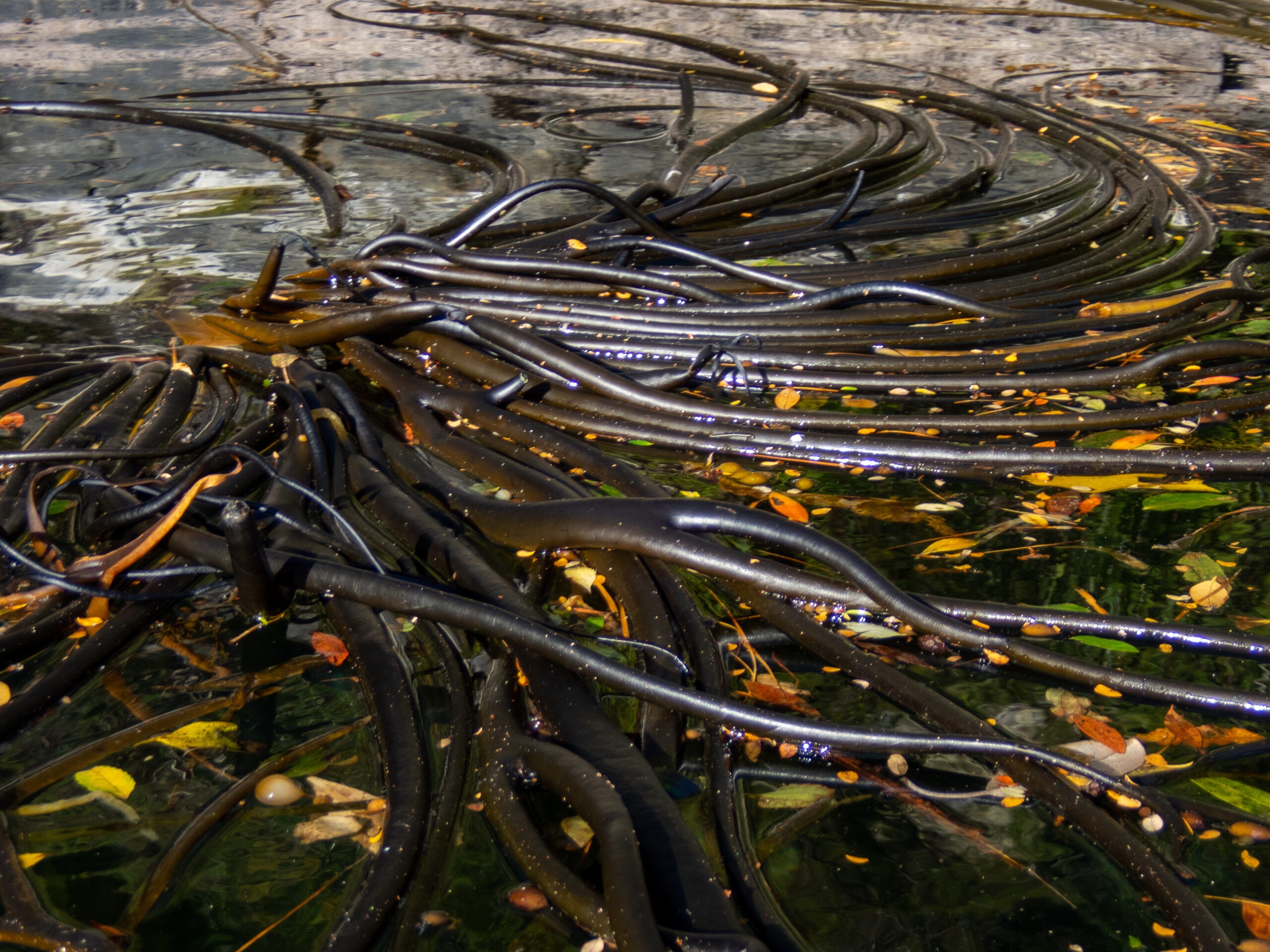
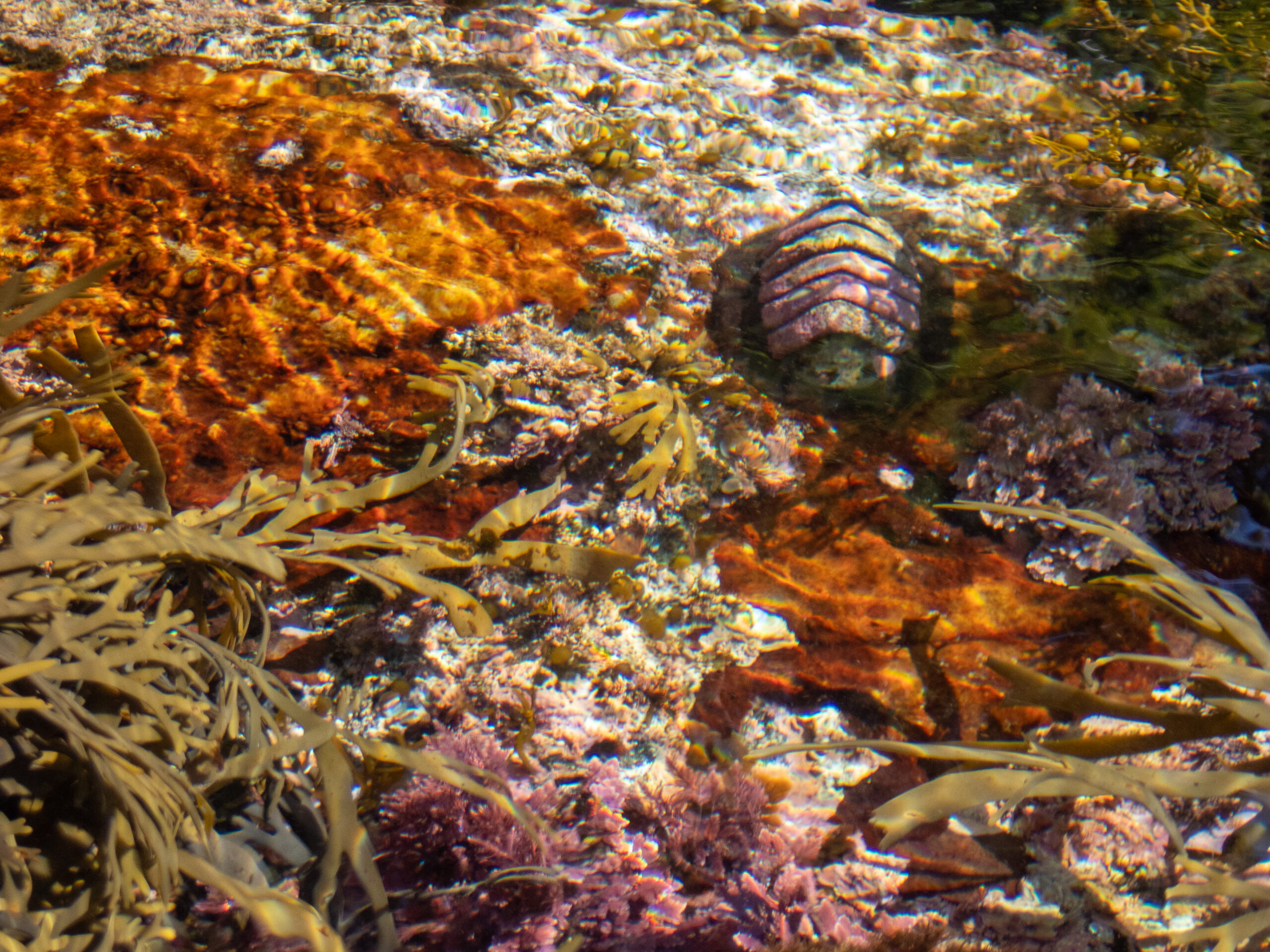
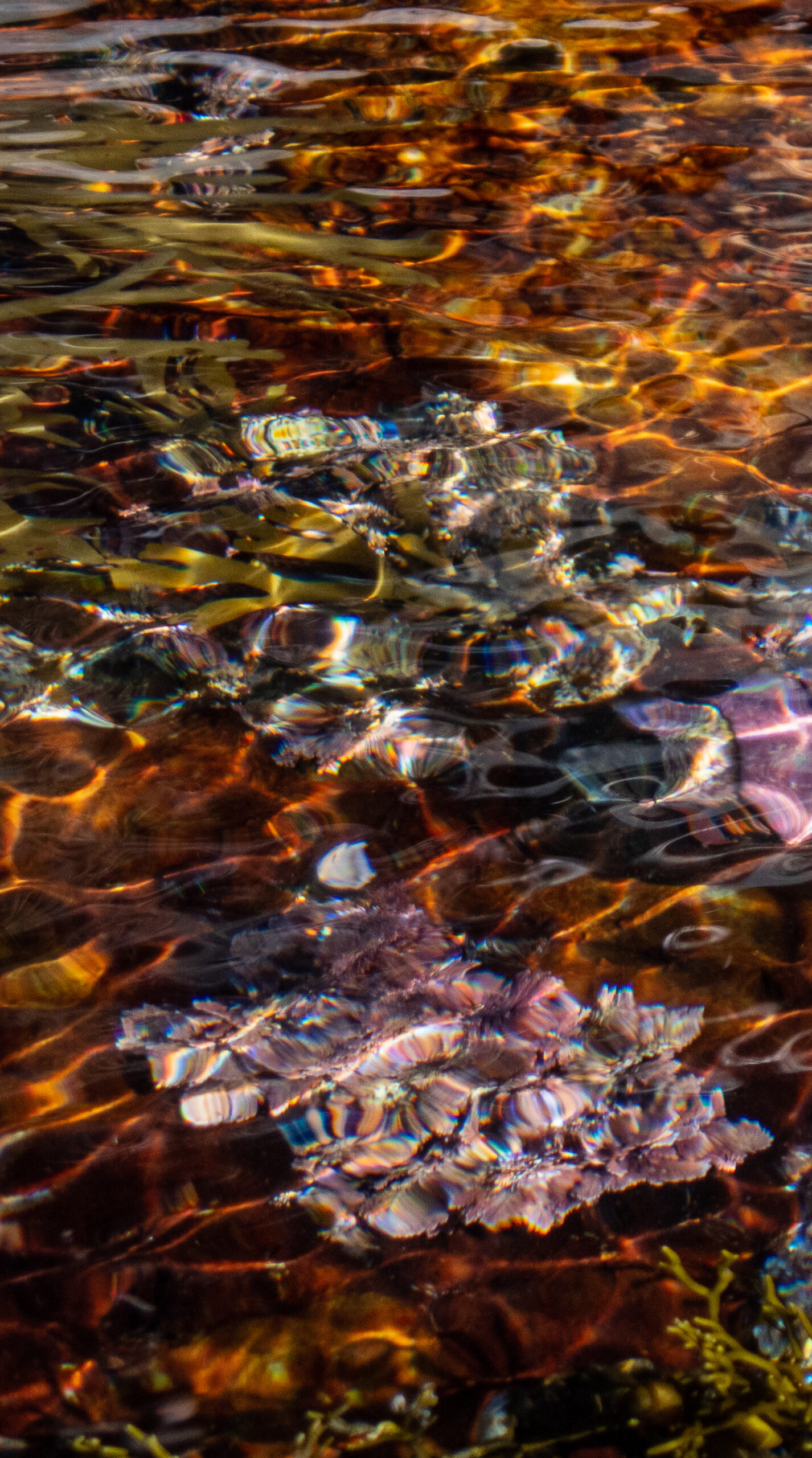
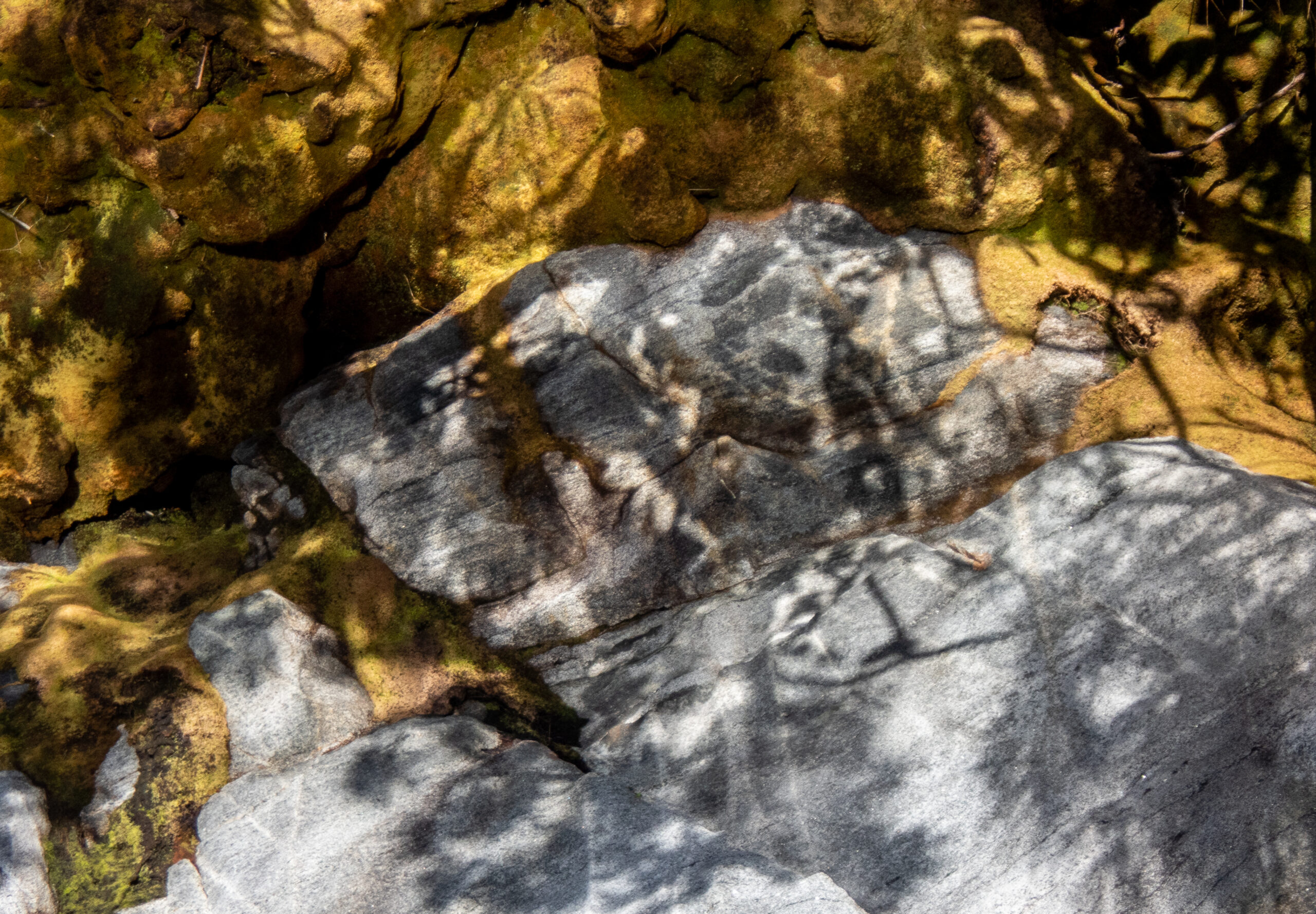
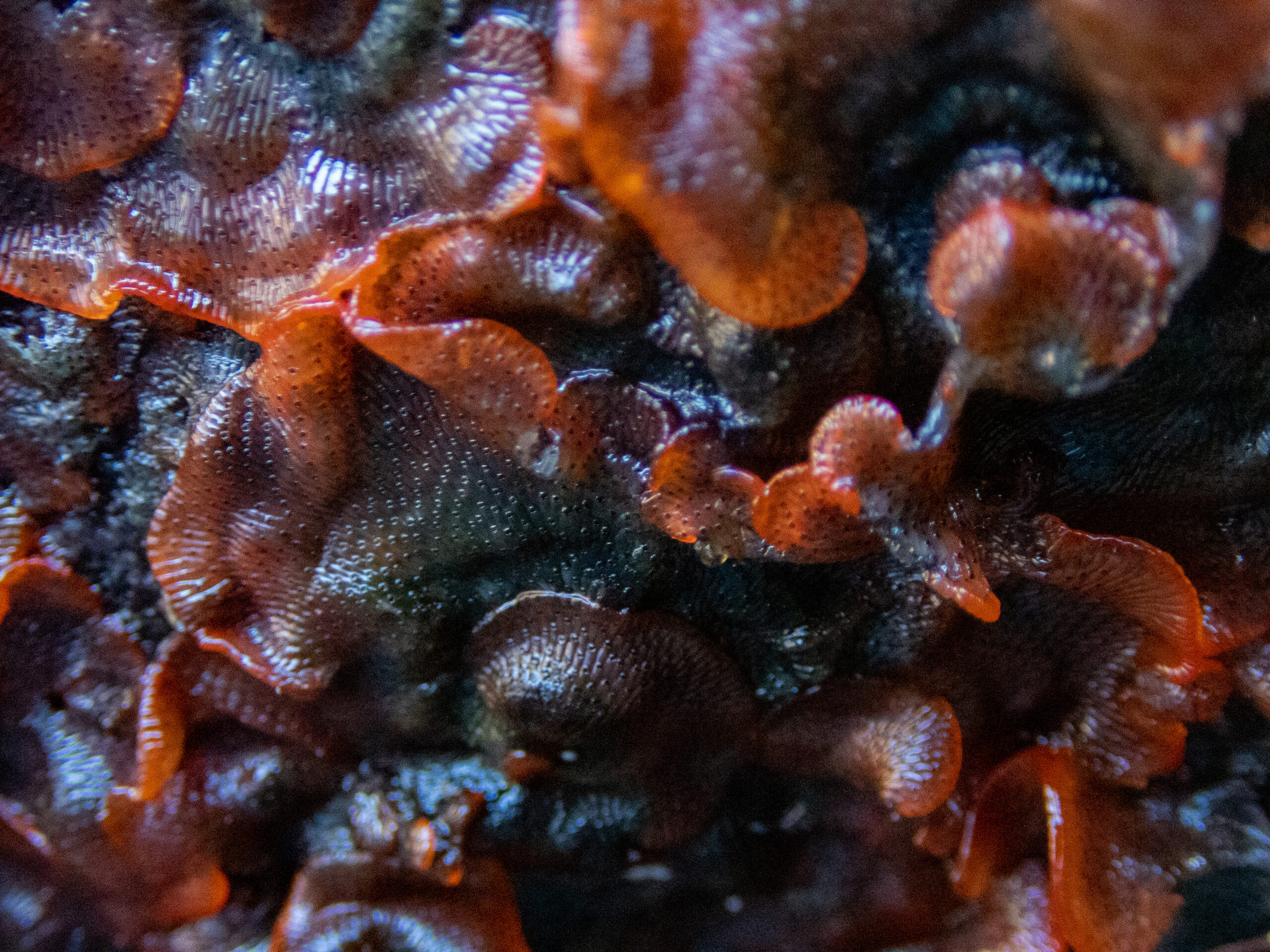


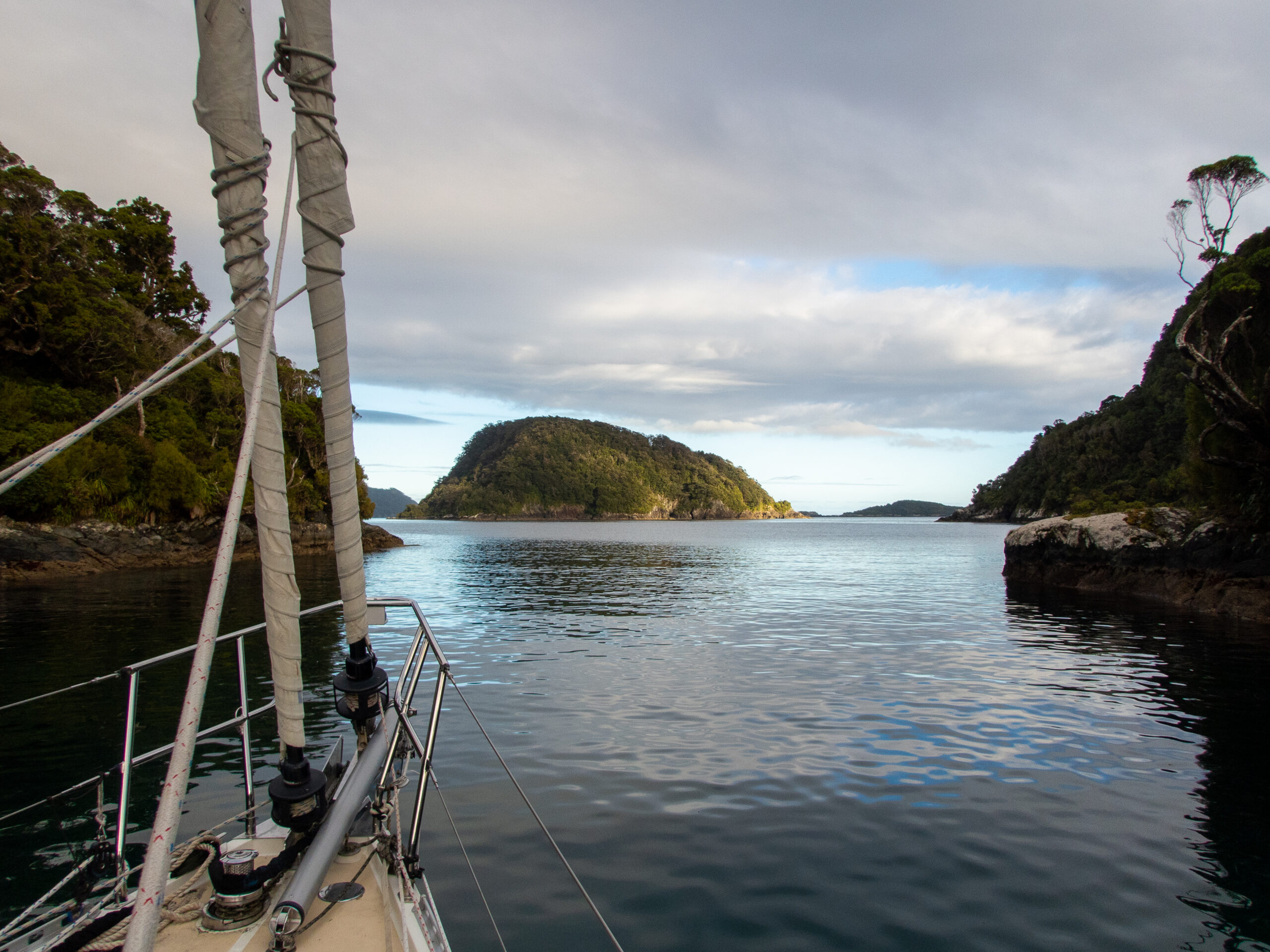
Broughton Arm, Breaksea/Te Puaitaha Sound, Captivating! – Fiordland.
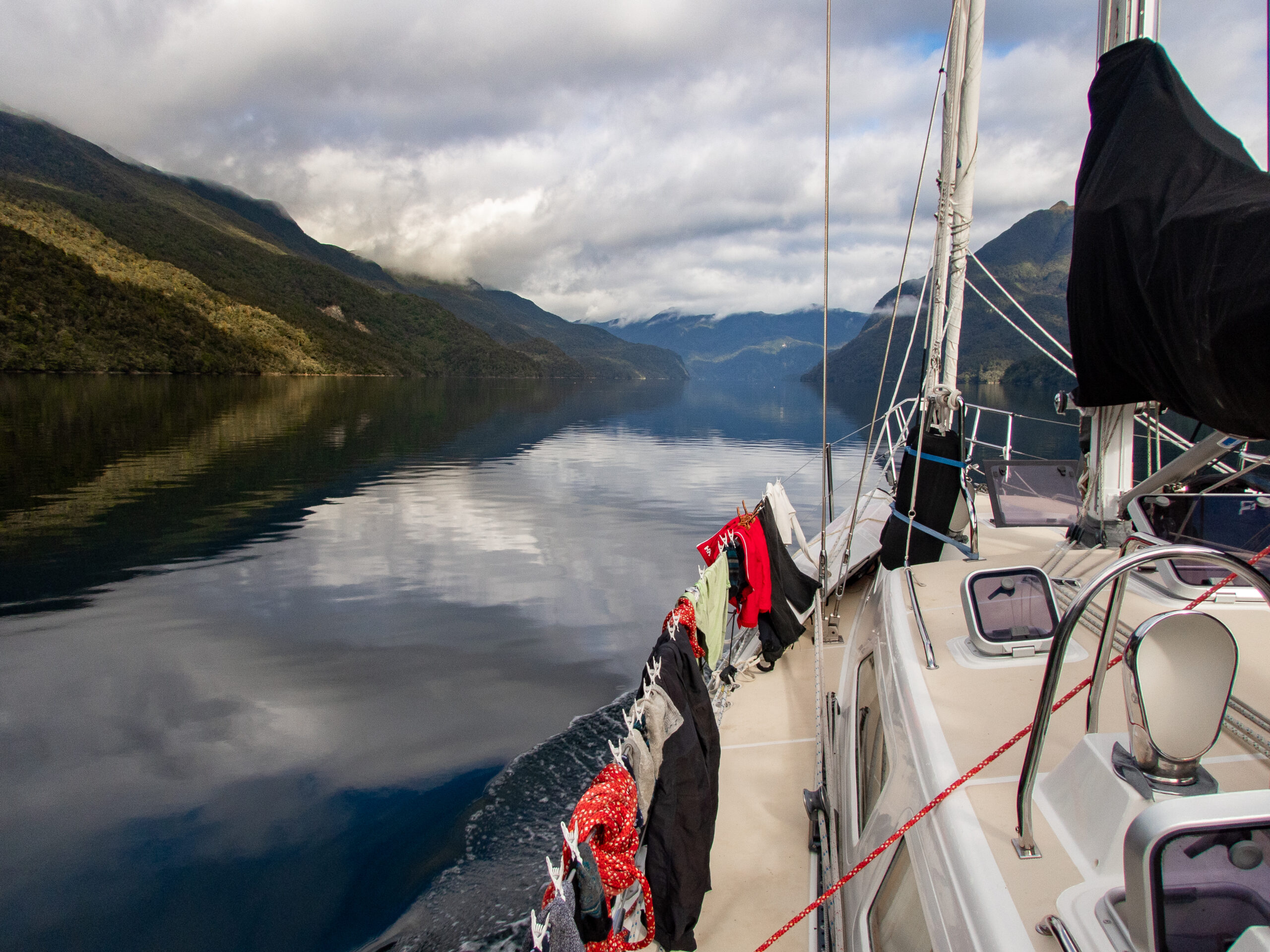
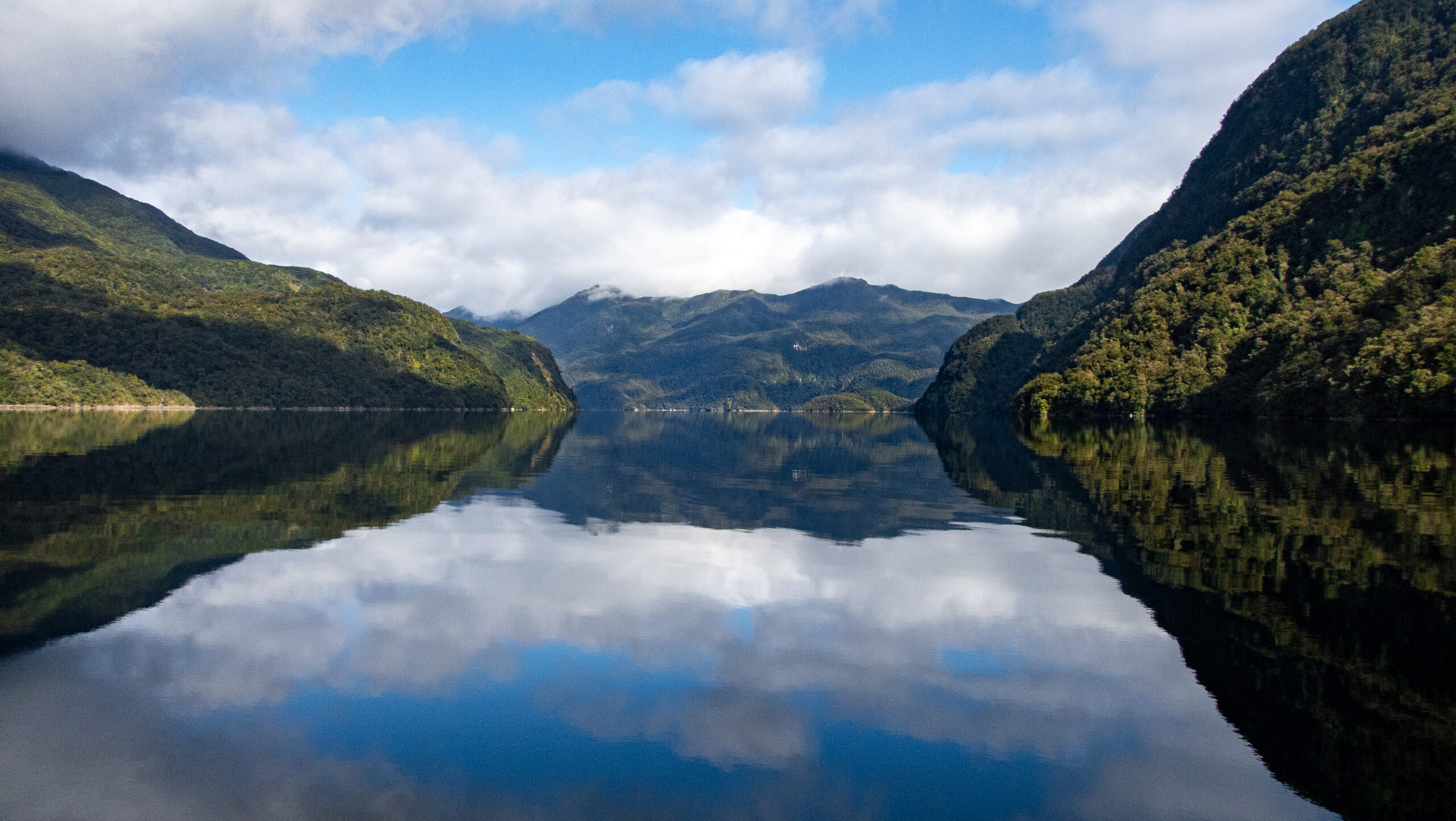
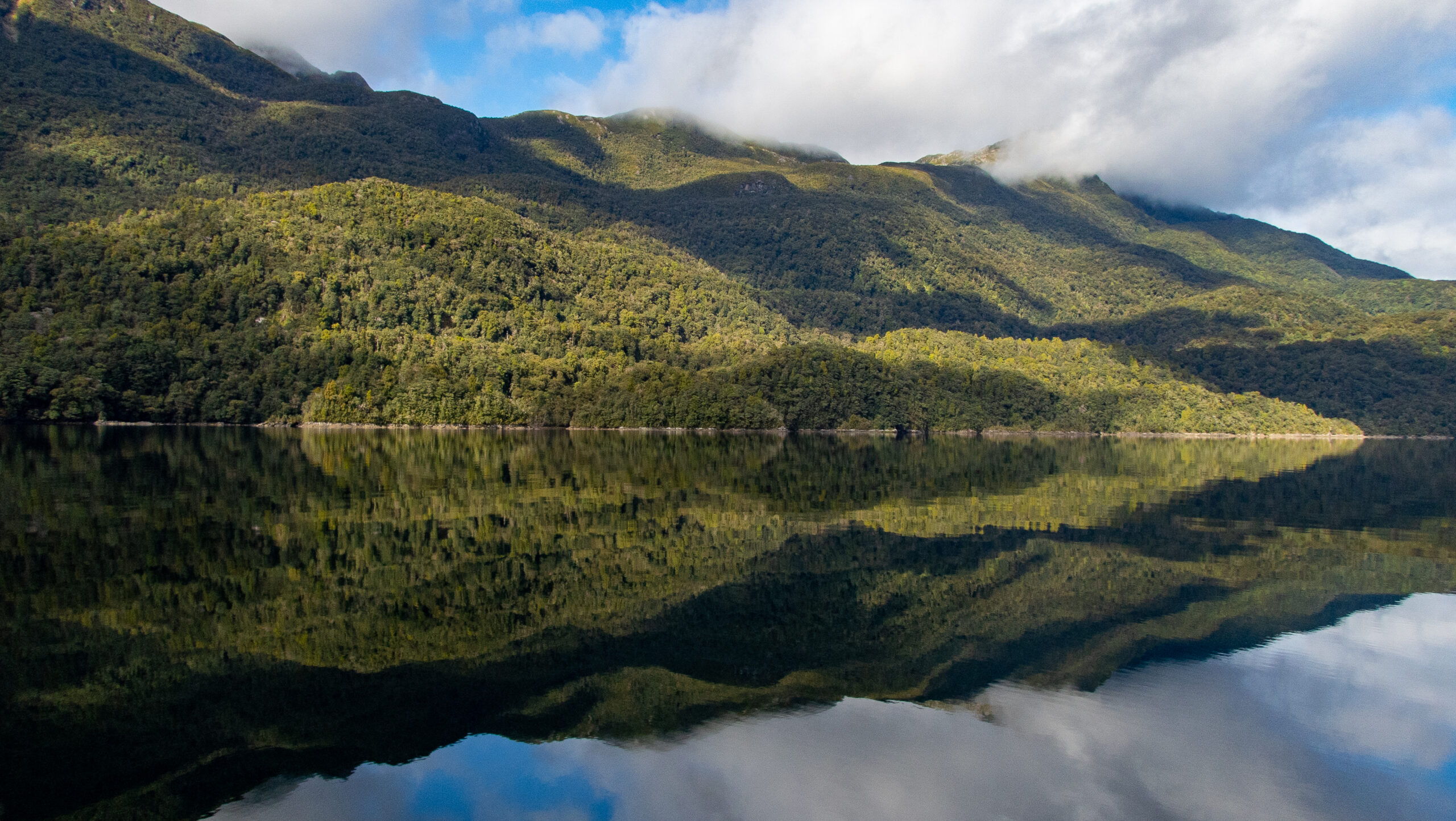
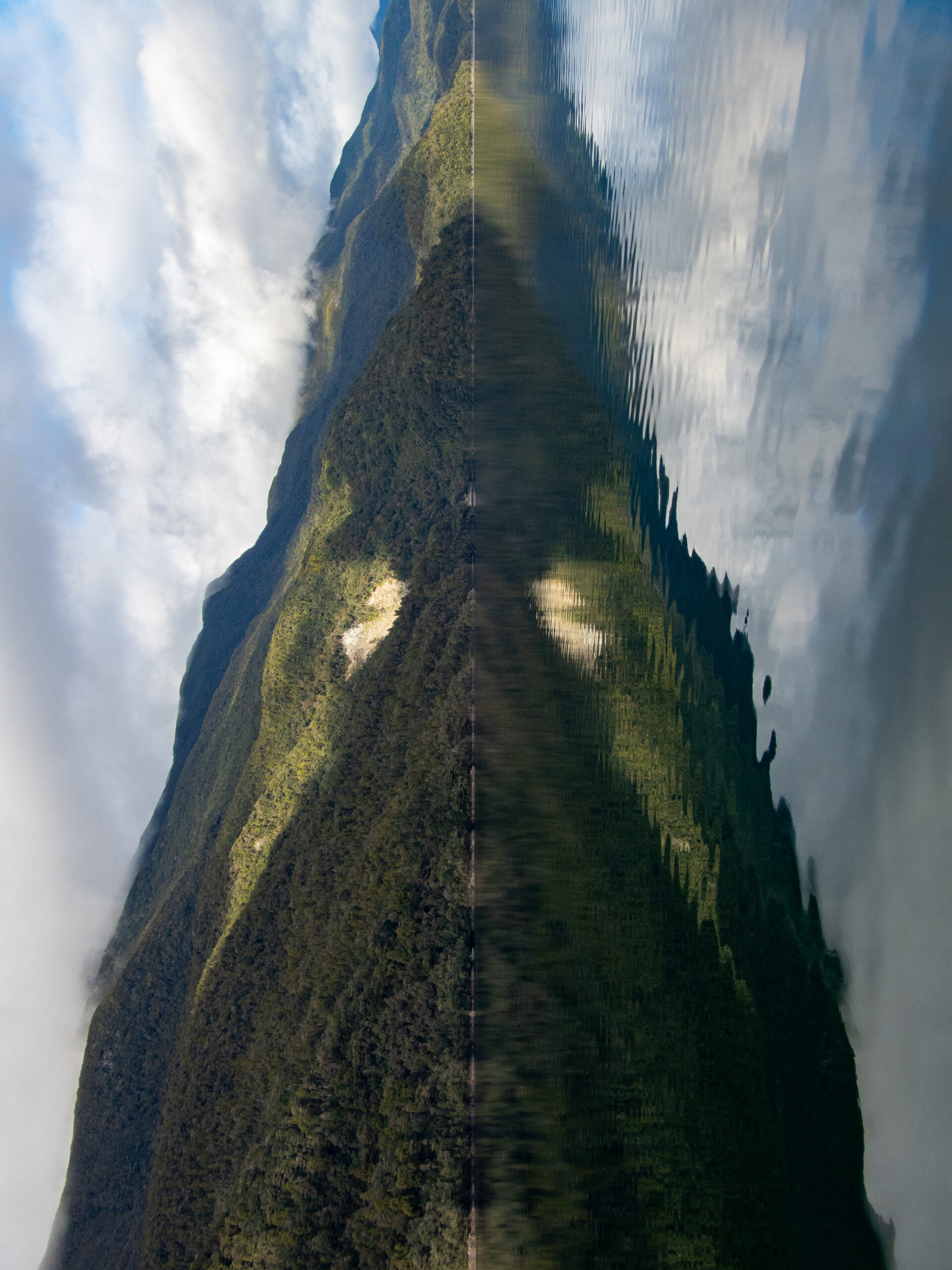
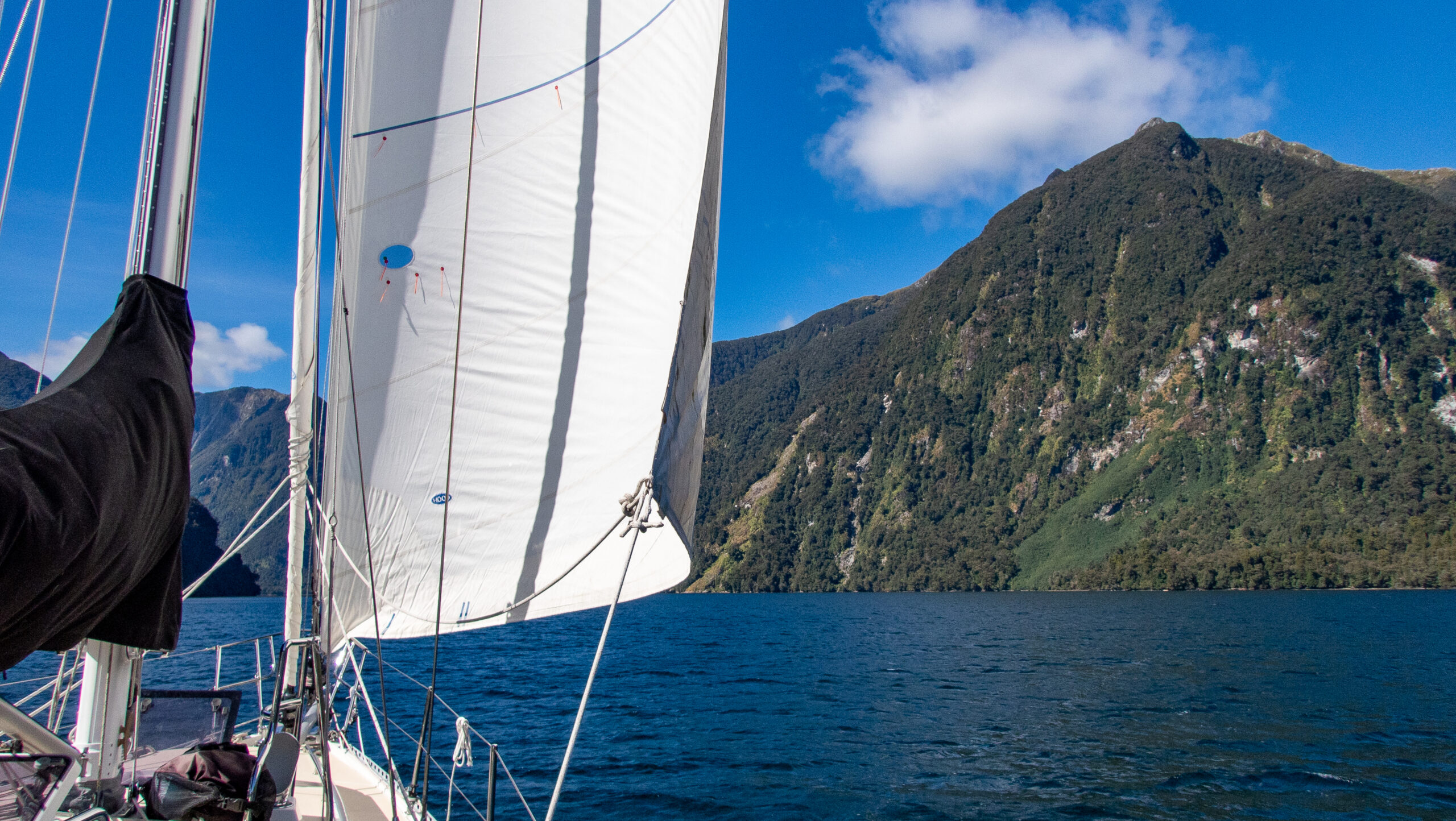
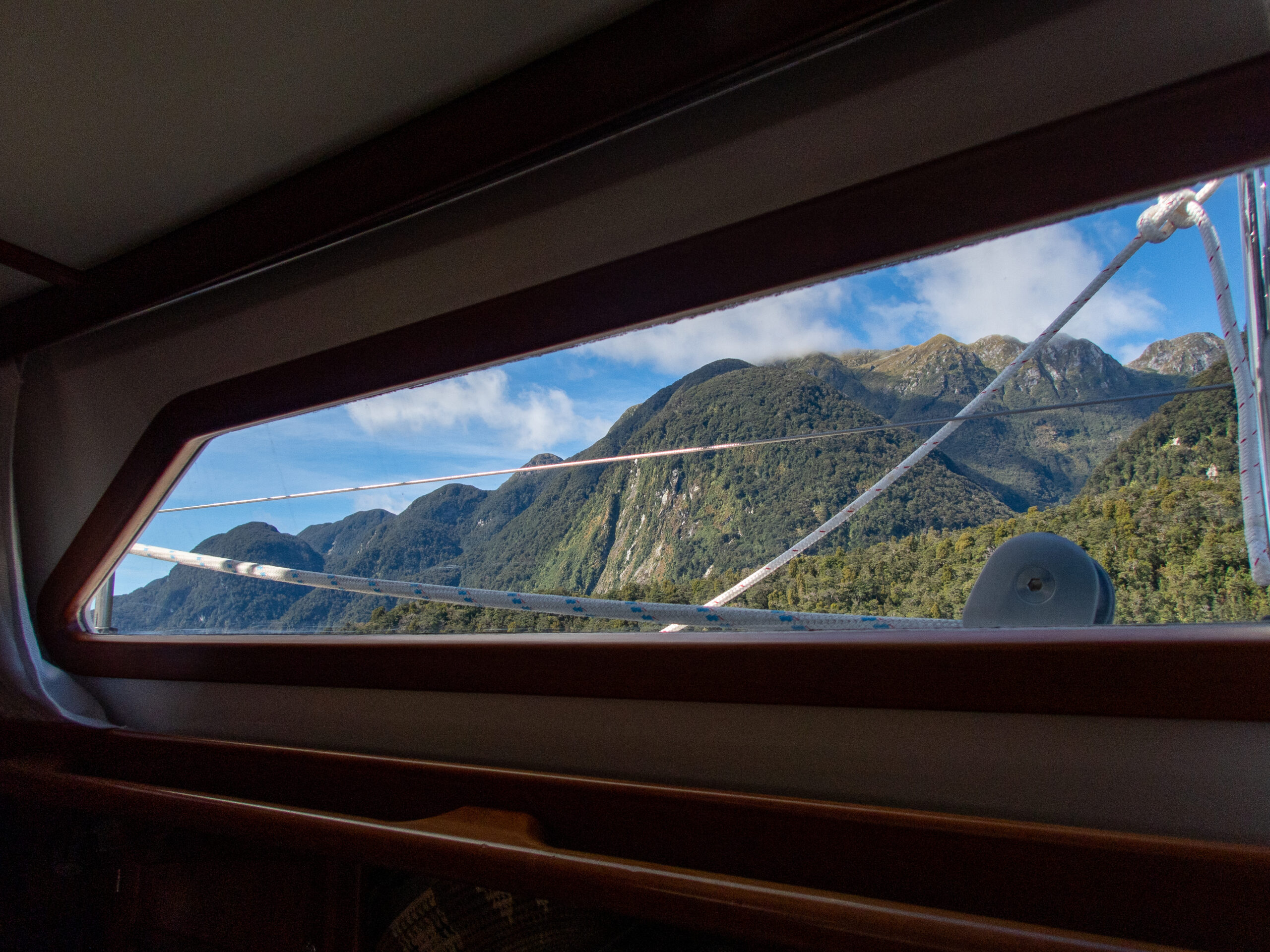

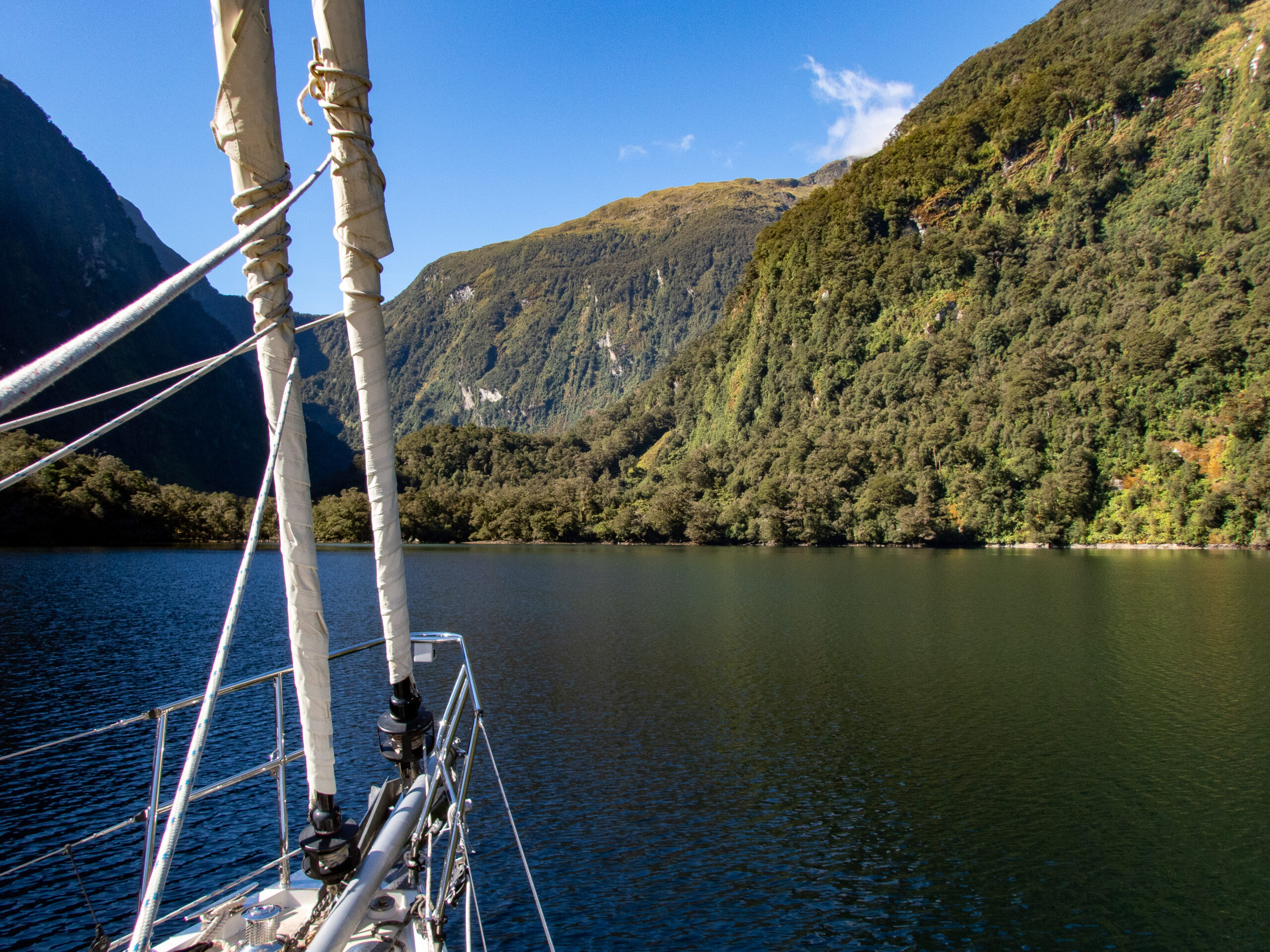
We were primed to love Broughton Arm. Tony, a New Zealand sailor we met in Tonga (from an Auckland sailboat building family) got there ahead of us and posted his impression, the humbling sense of privilege he felt to be in the remote presence of such mighty granite walls and peaks. “Paradise found!,” he exclaimed. It’s hard to think of a way to convey the heart sense of moving through pristine and unpeopled areas like this, the sense that goes beyond the imagery, the waterfalls, and magnificent trees, the wildlife. The sense of living stone and water and place. You look at one of the these peaks soaring above the the fiord continually stunned by the mass and energy represented there, and then by the bounty of life exuberantly, vividly greening those granite flanks. And water, water, water everywhere. ~MS
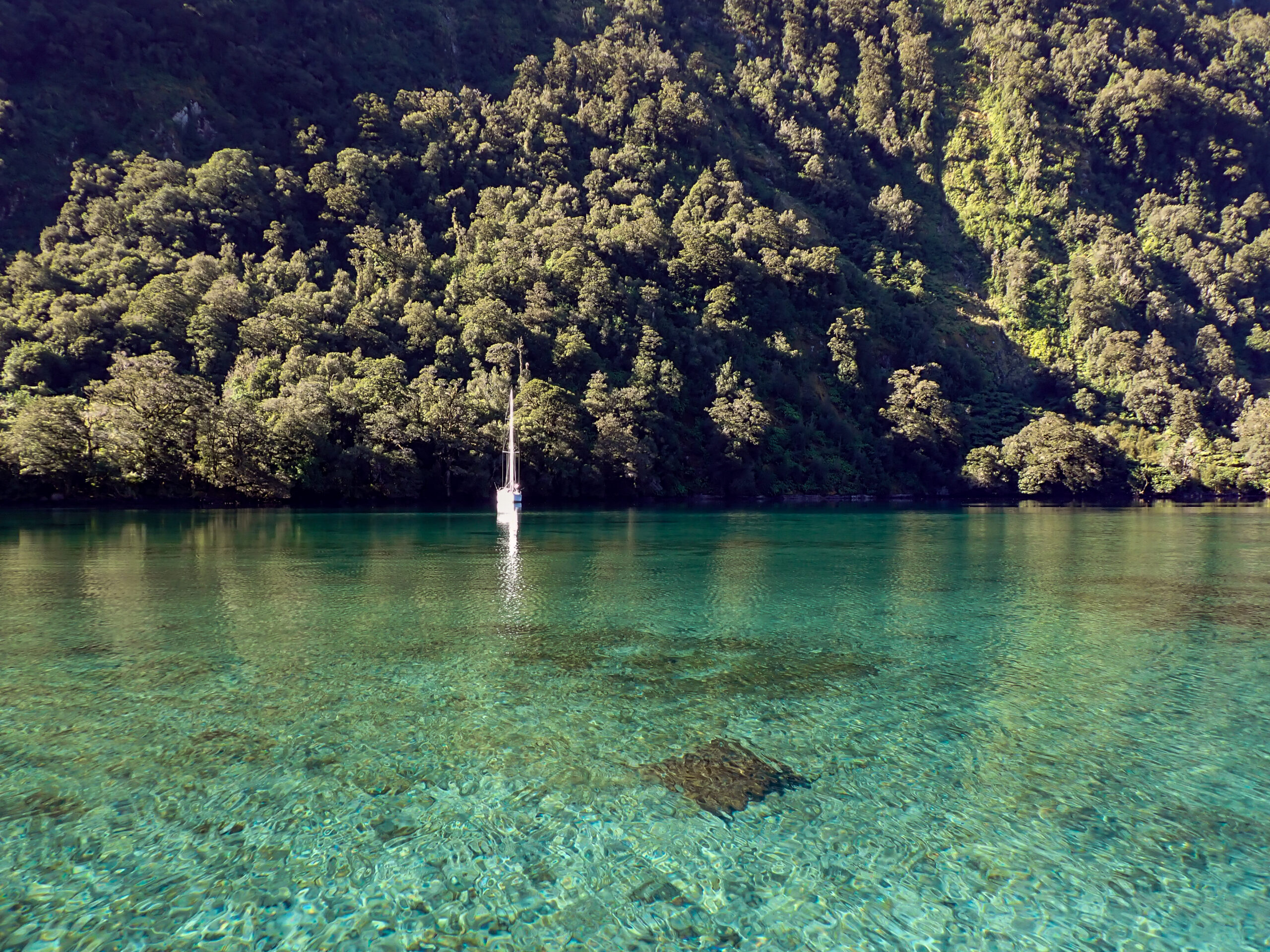
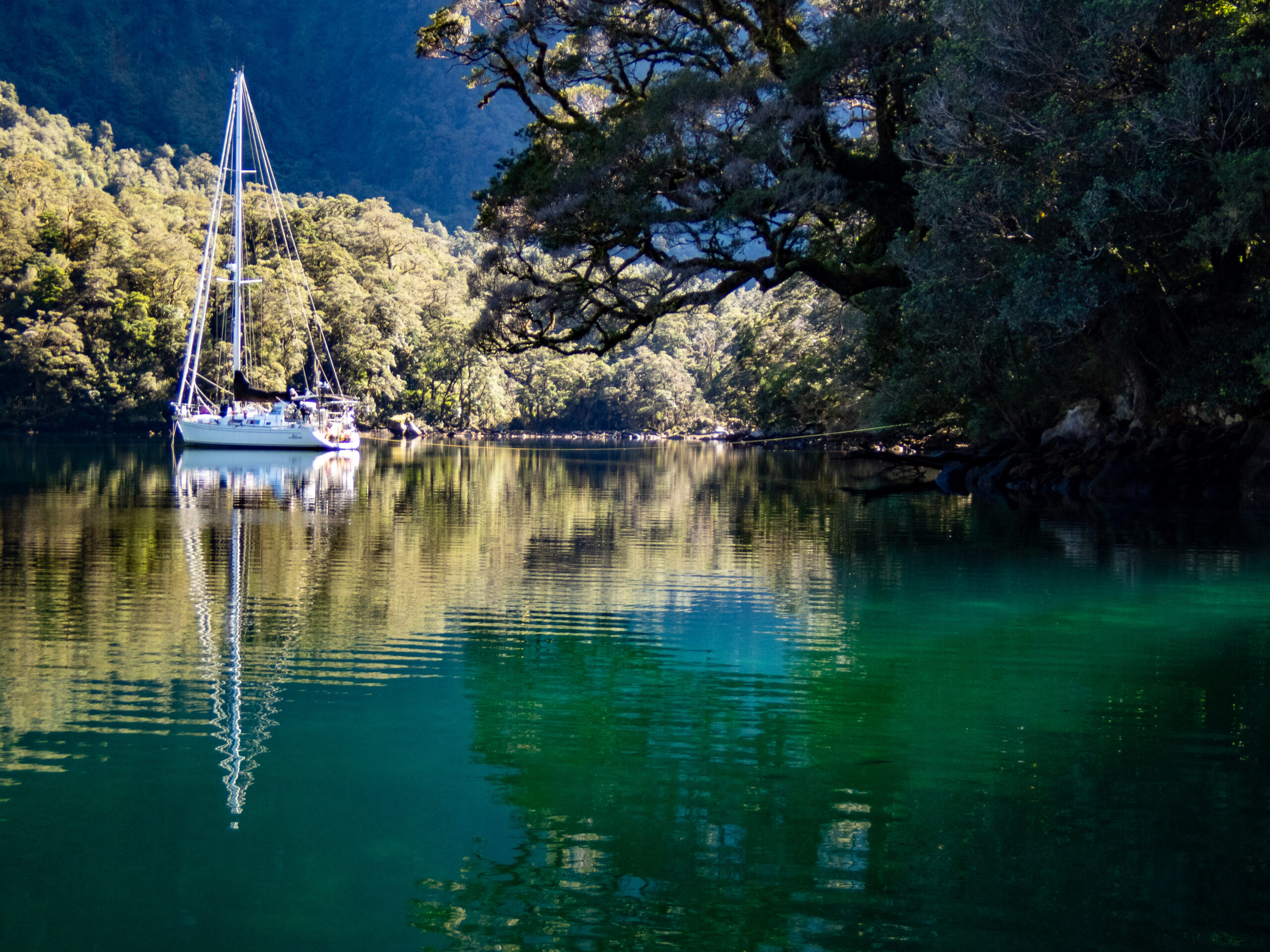
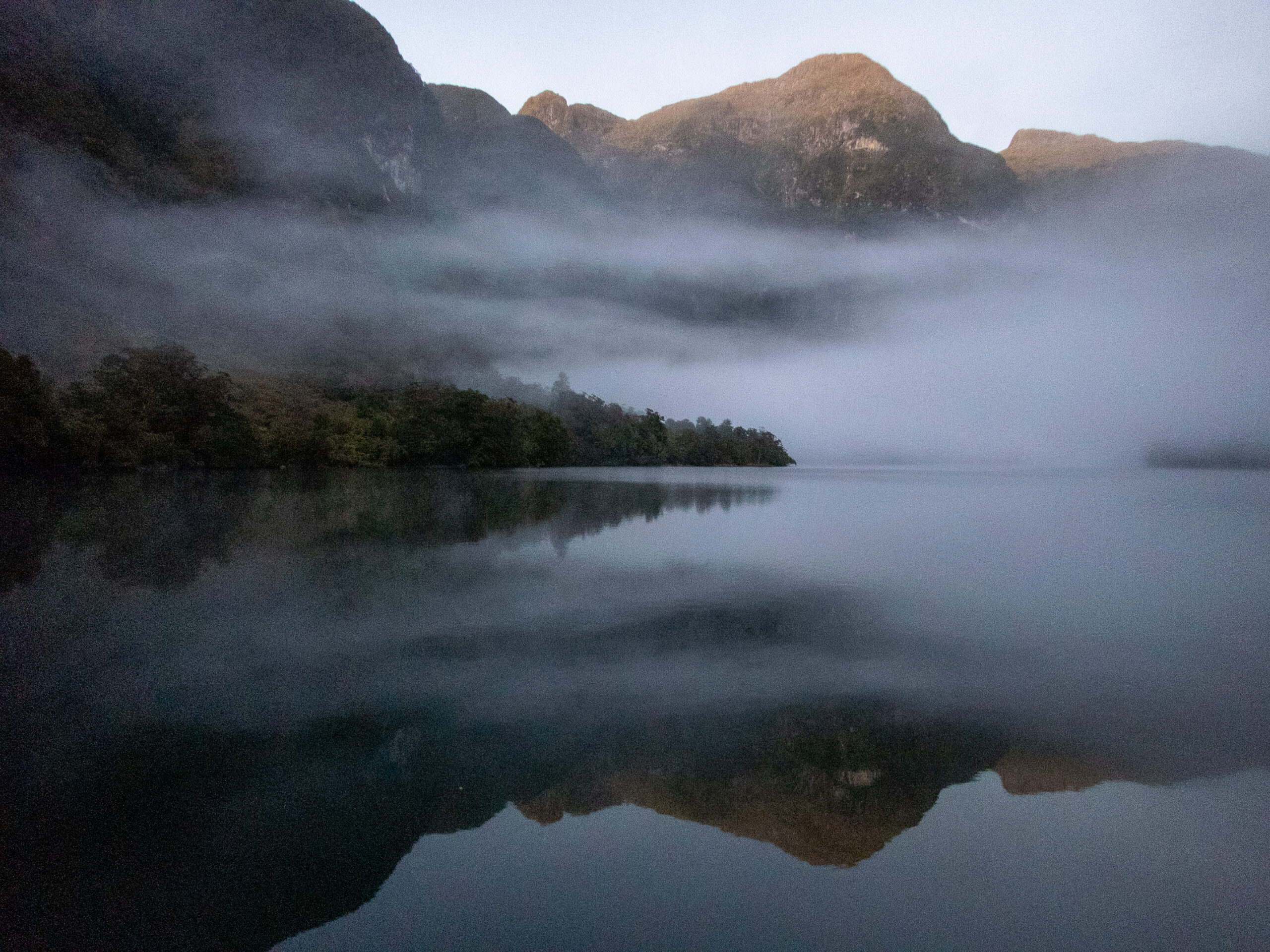


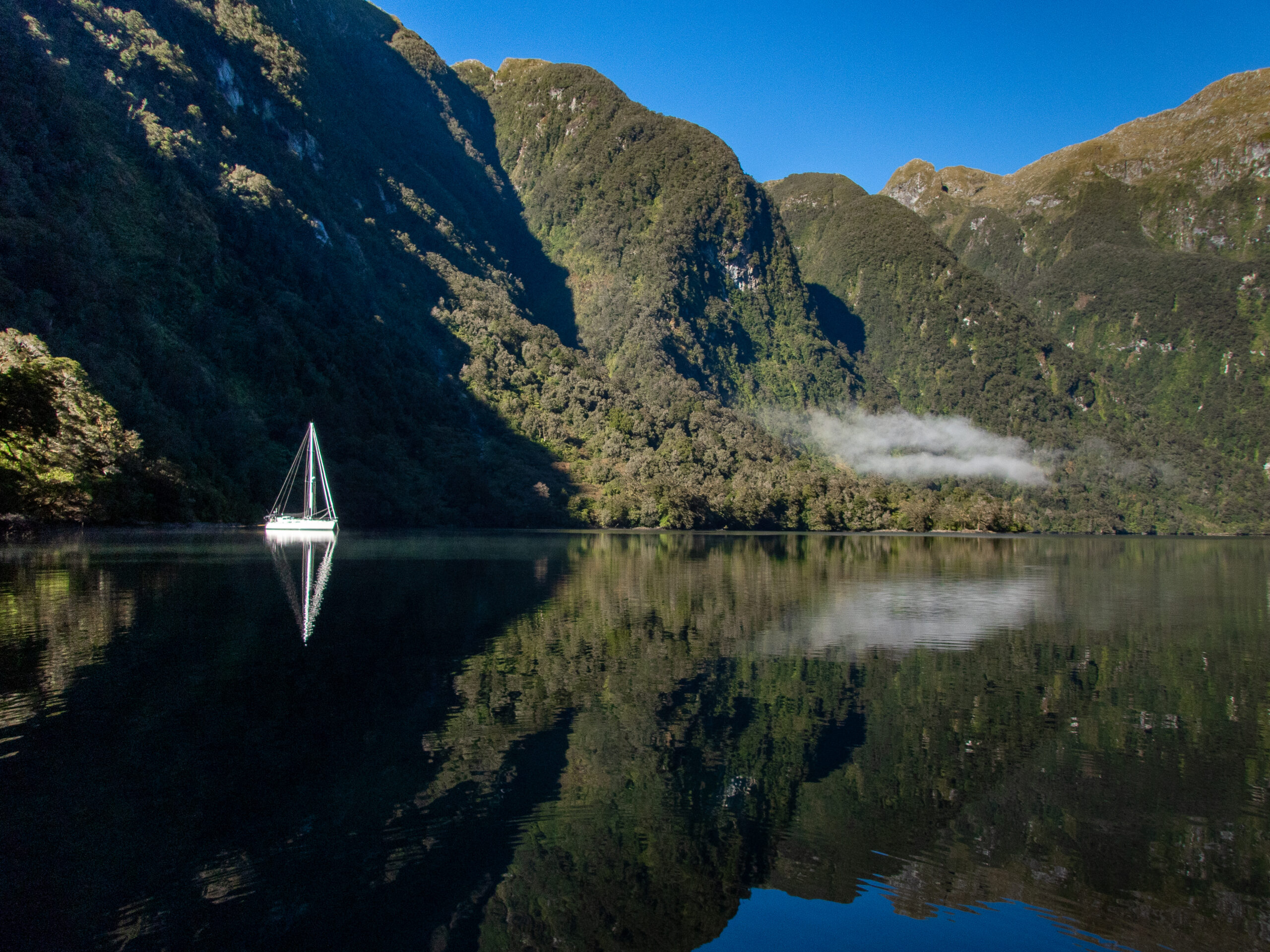


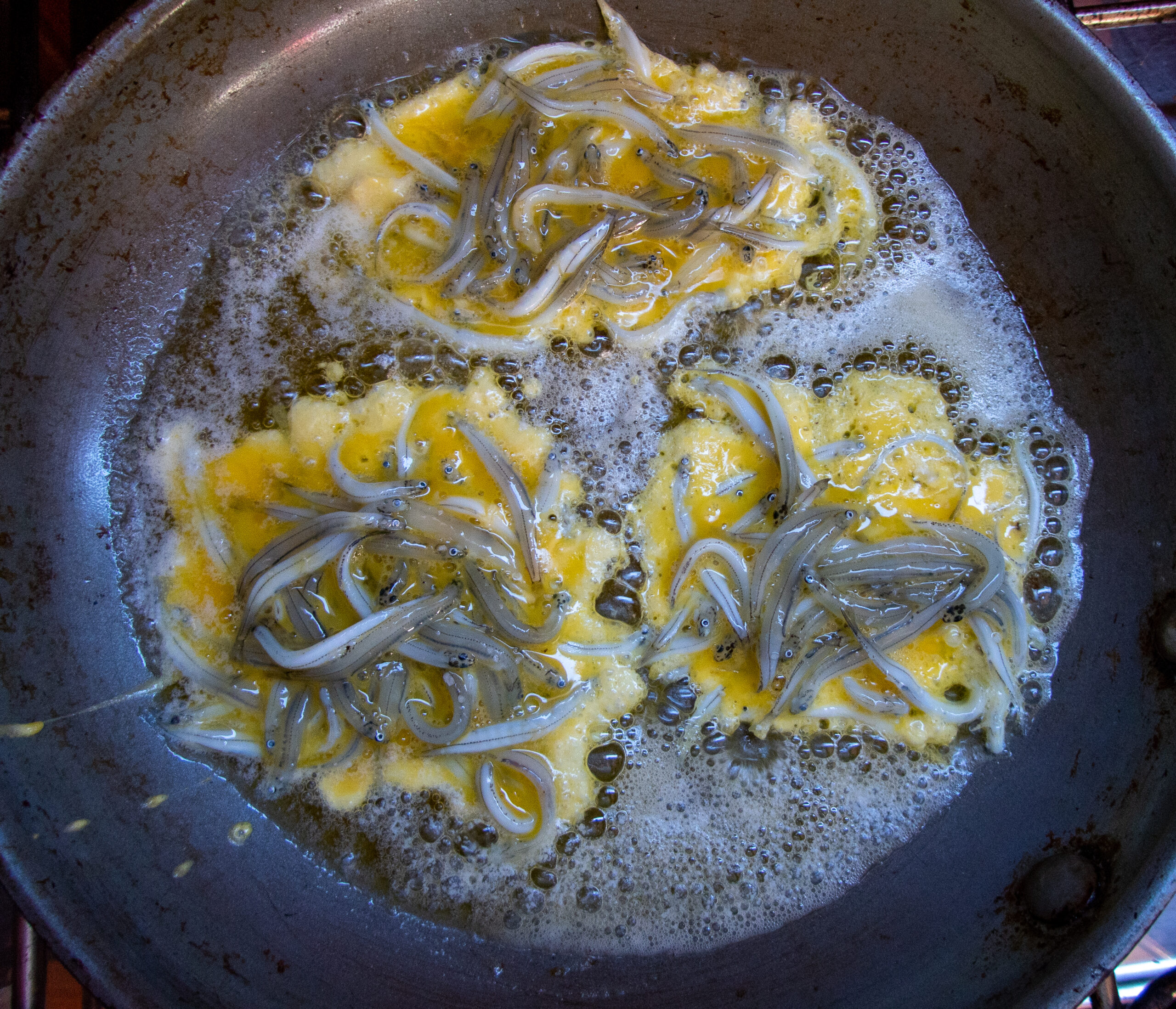

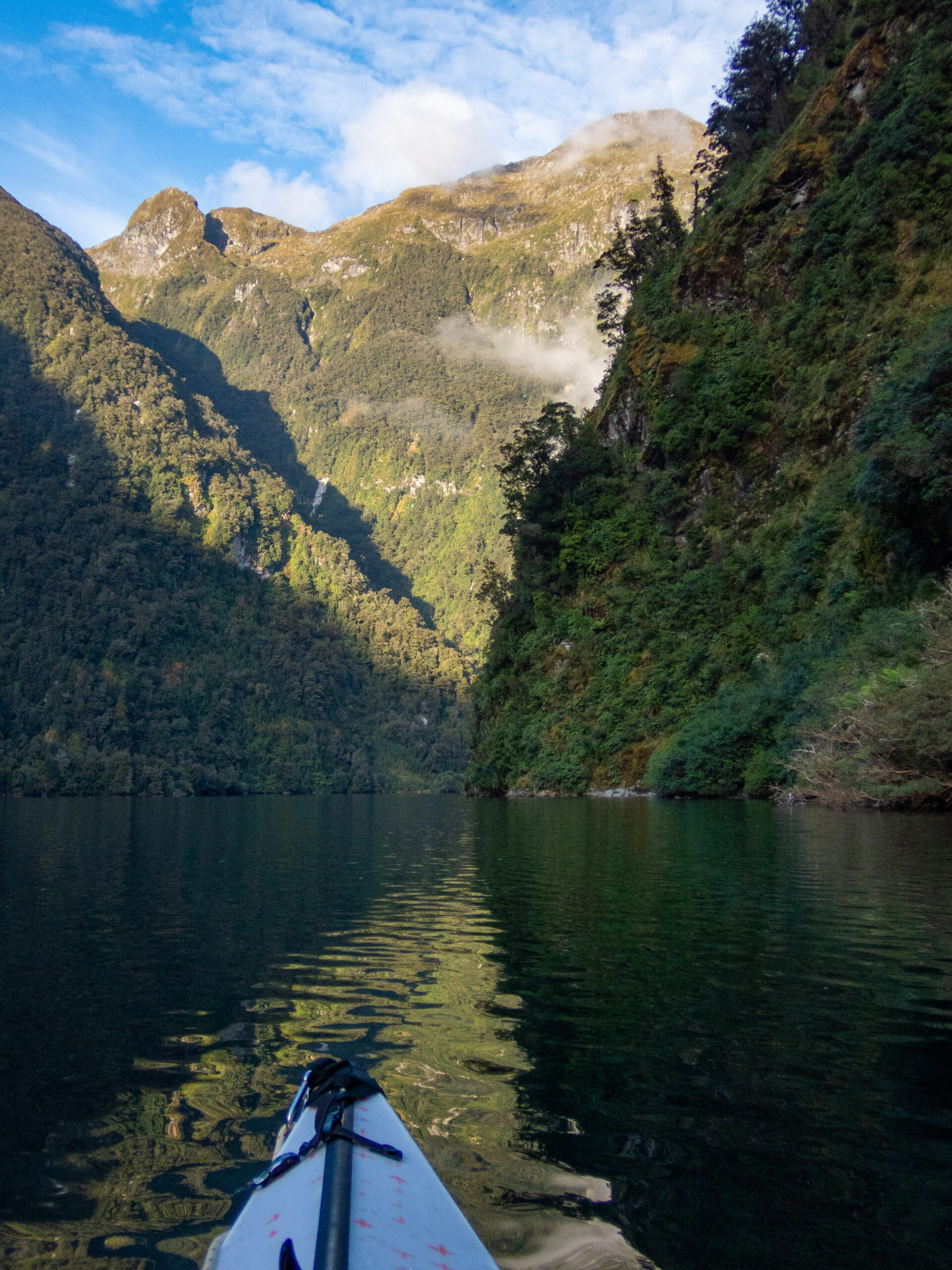
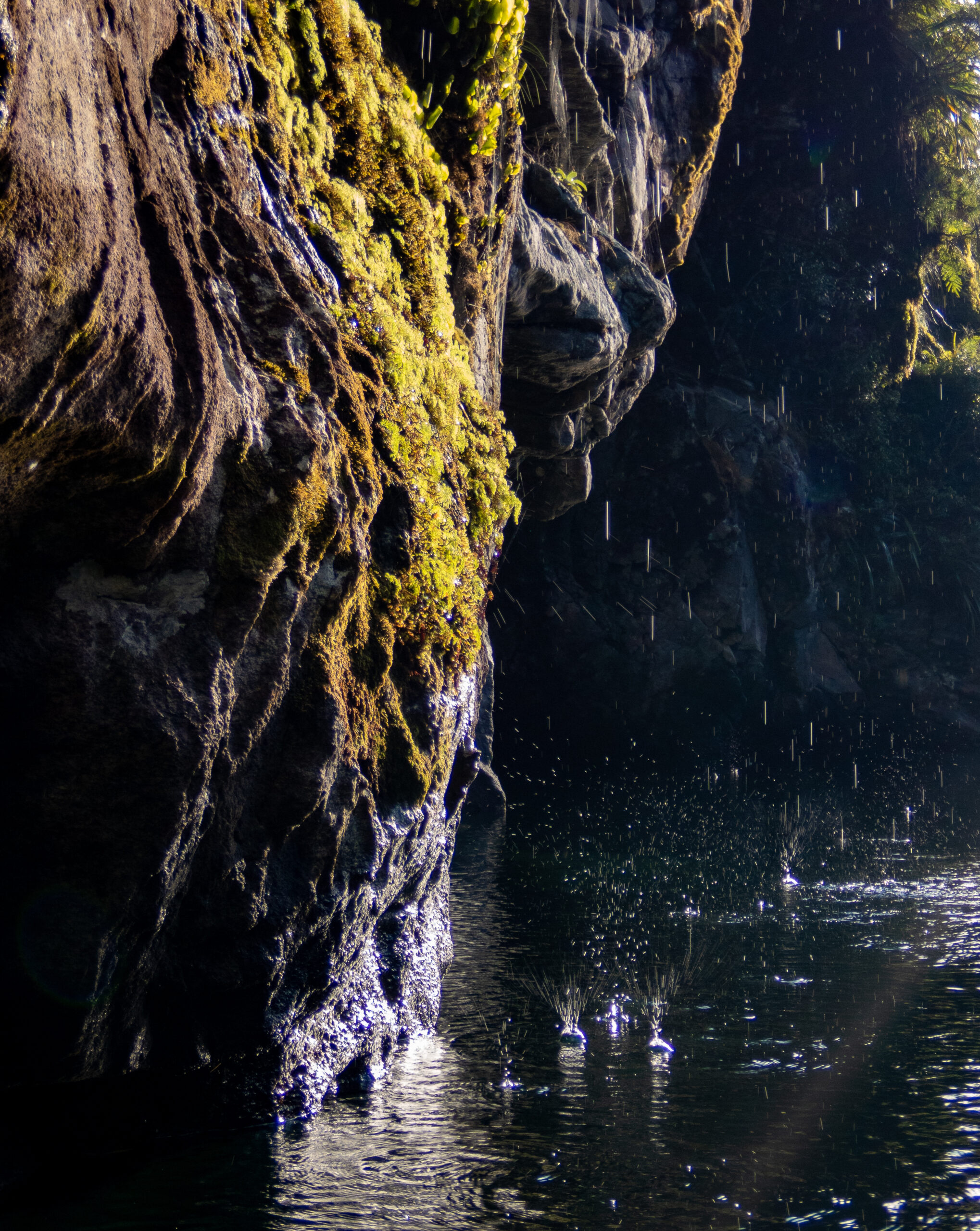
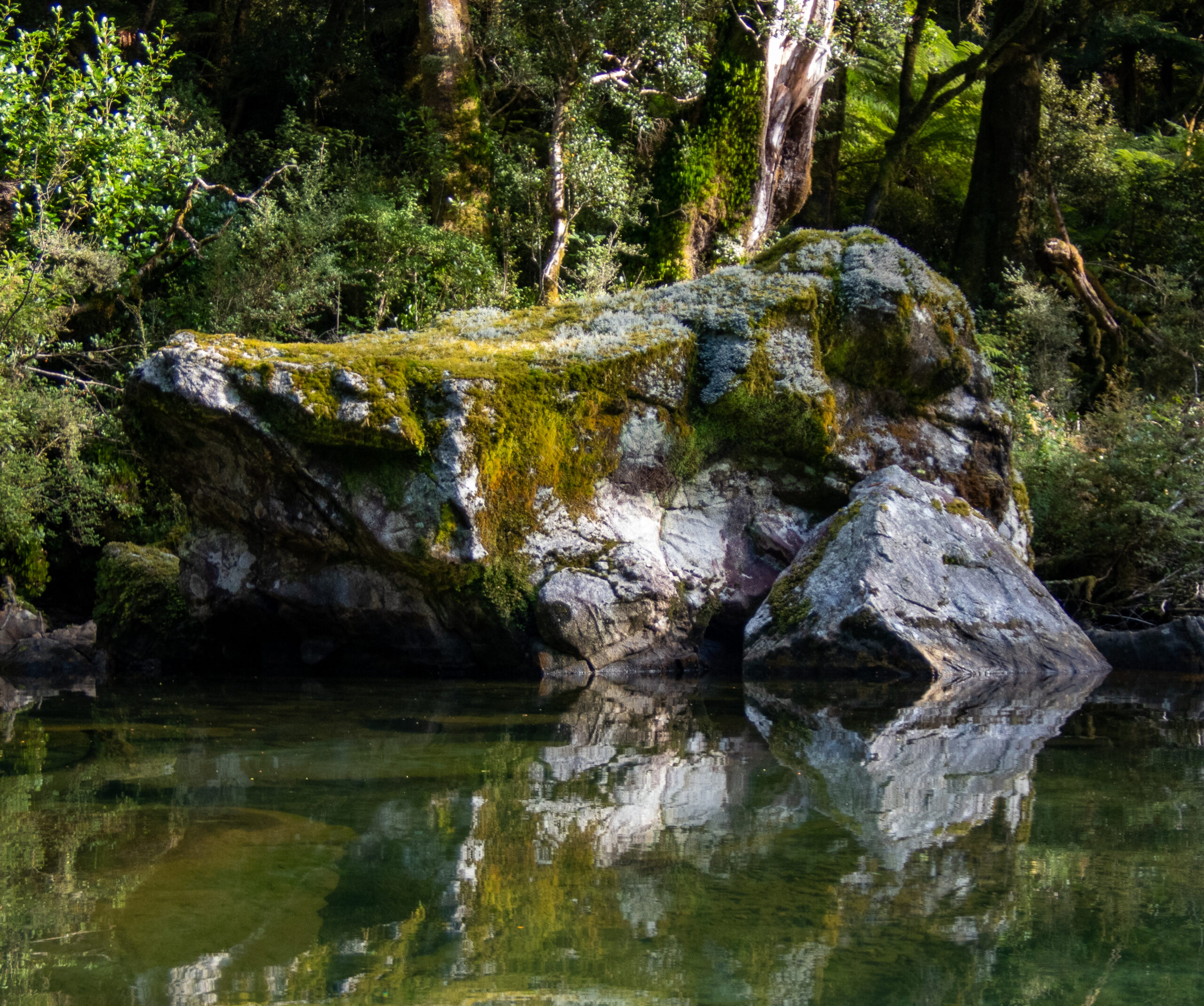

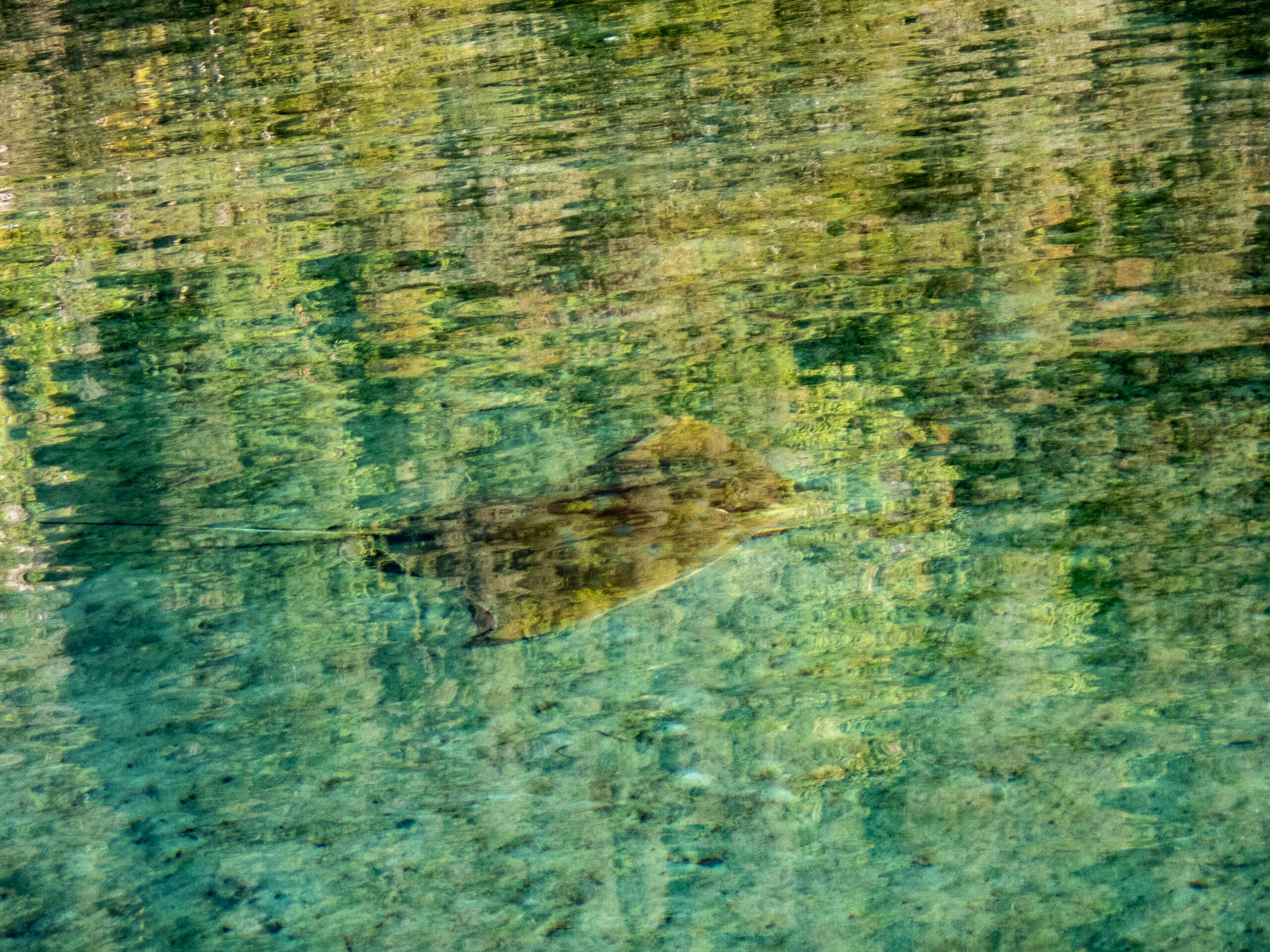
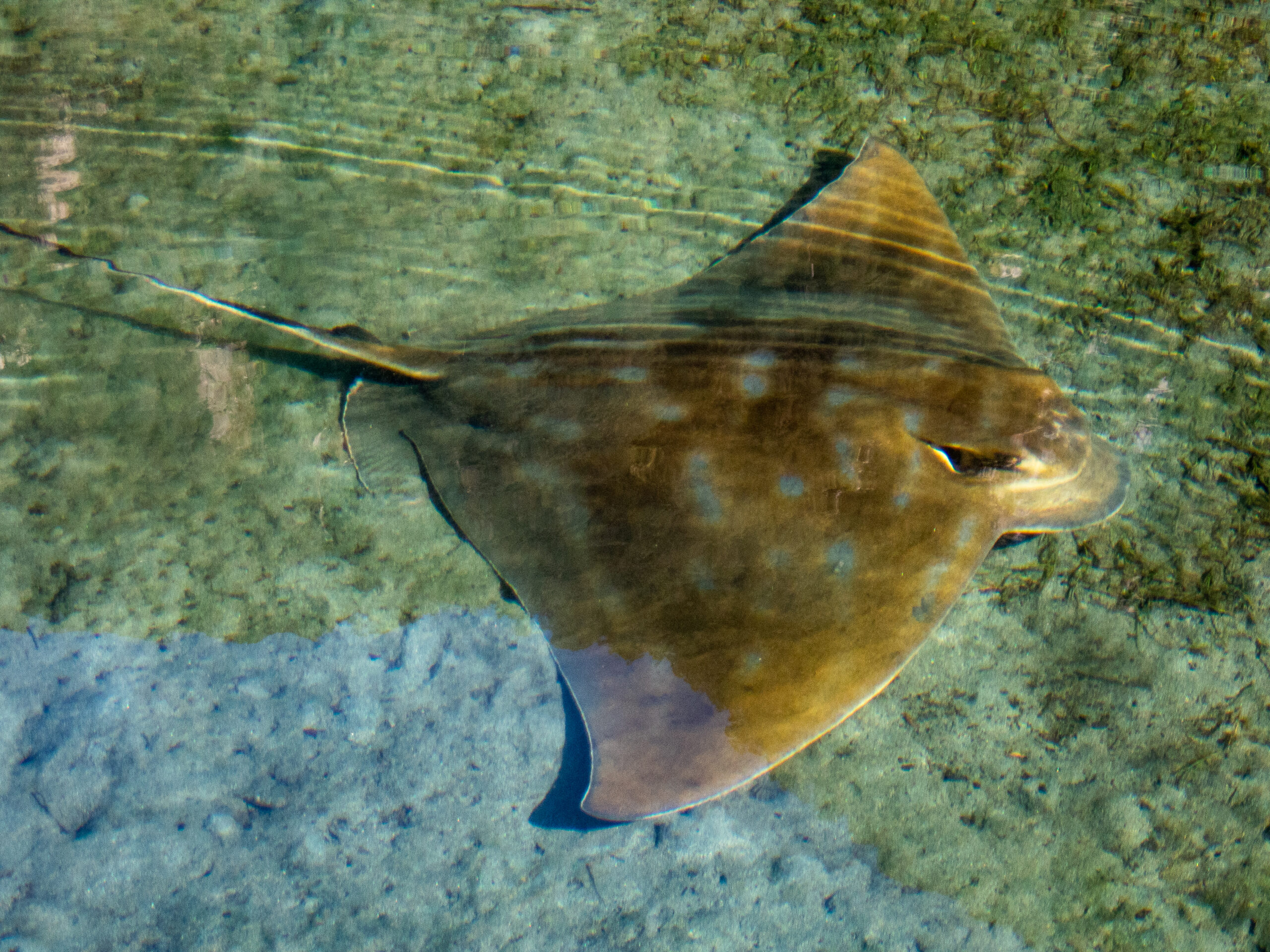
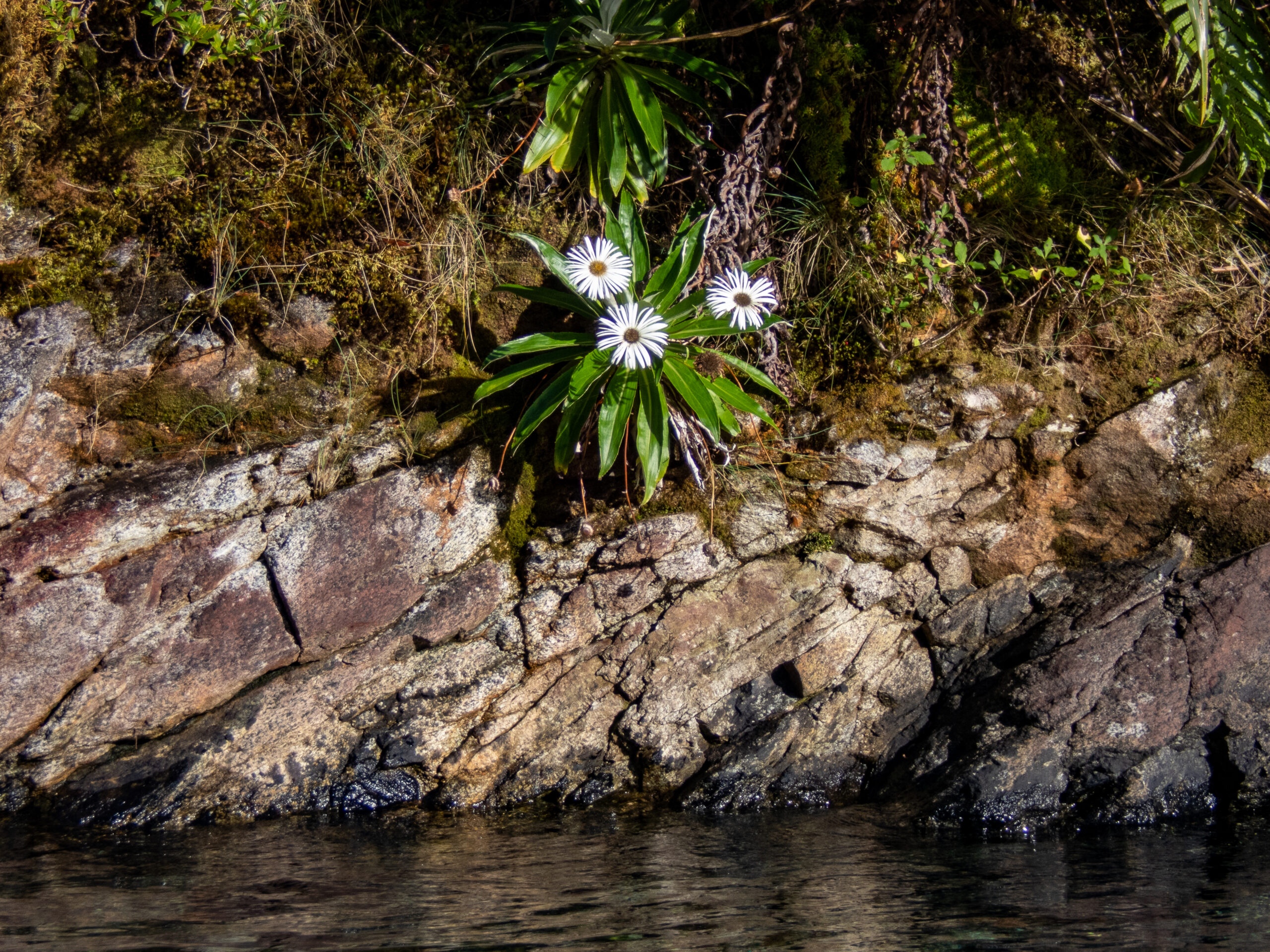
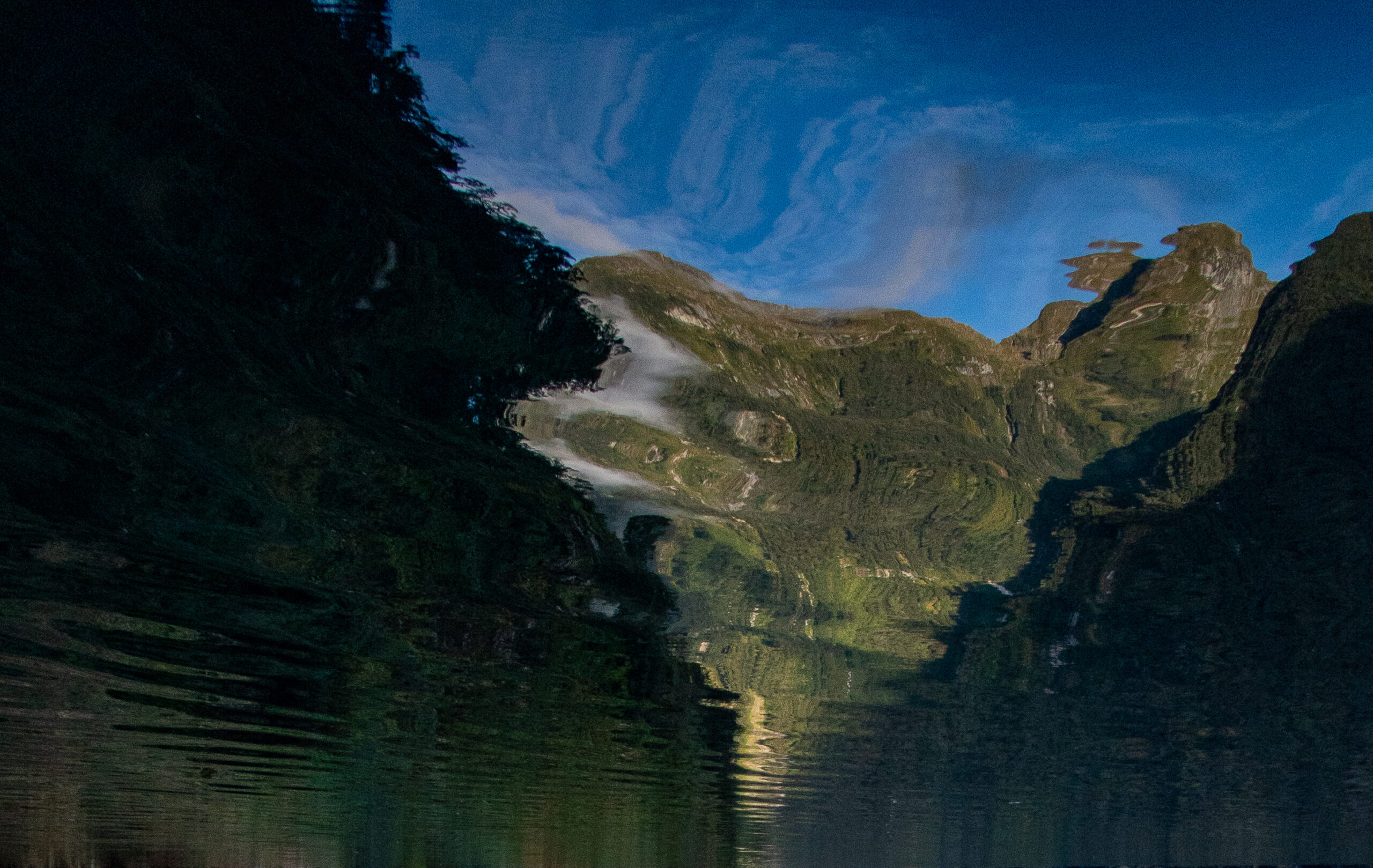

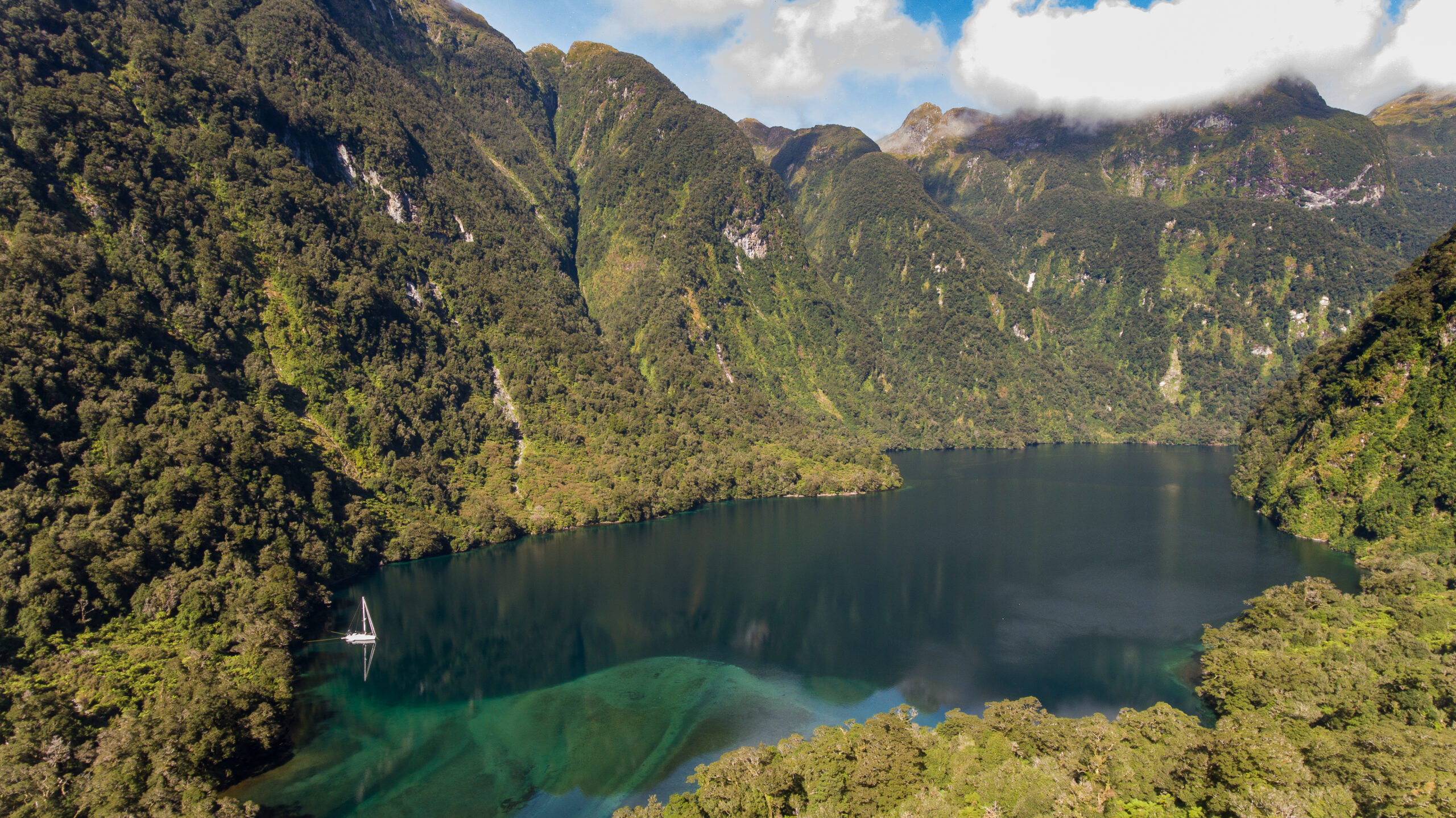
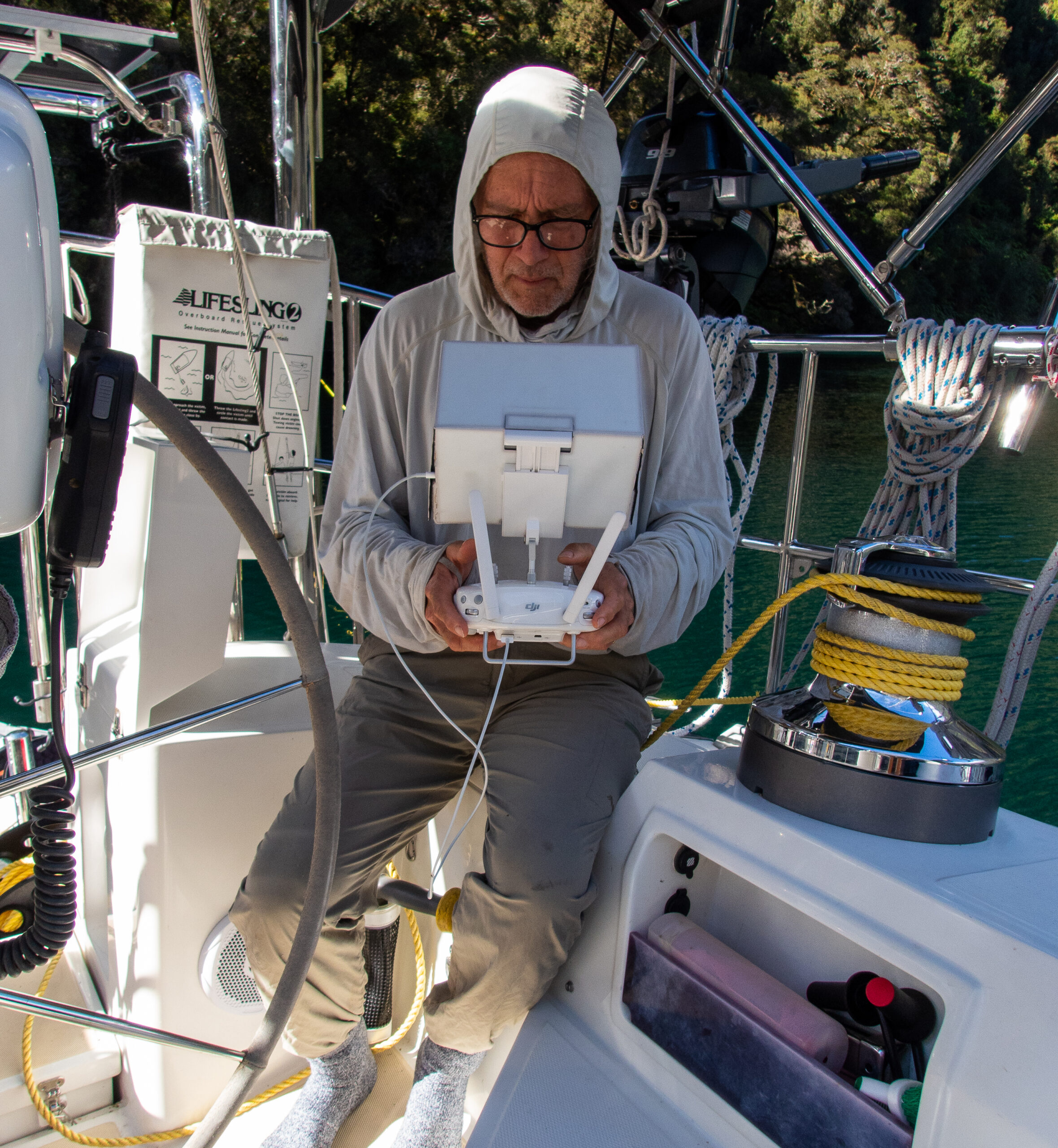
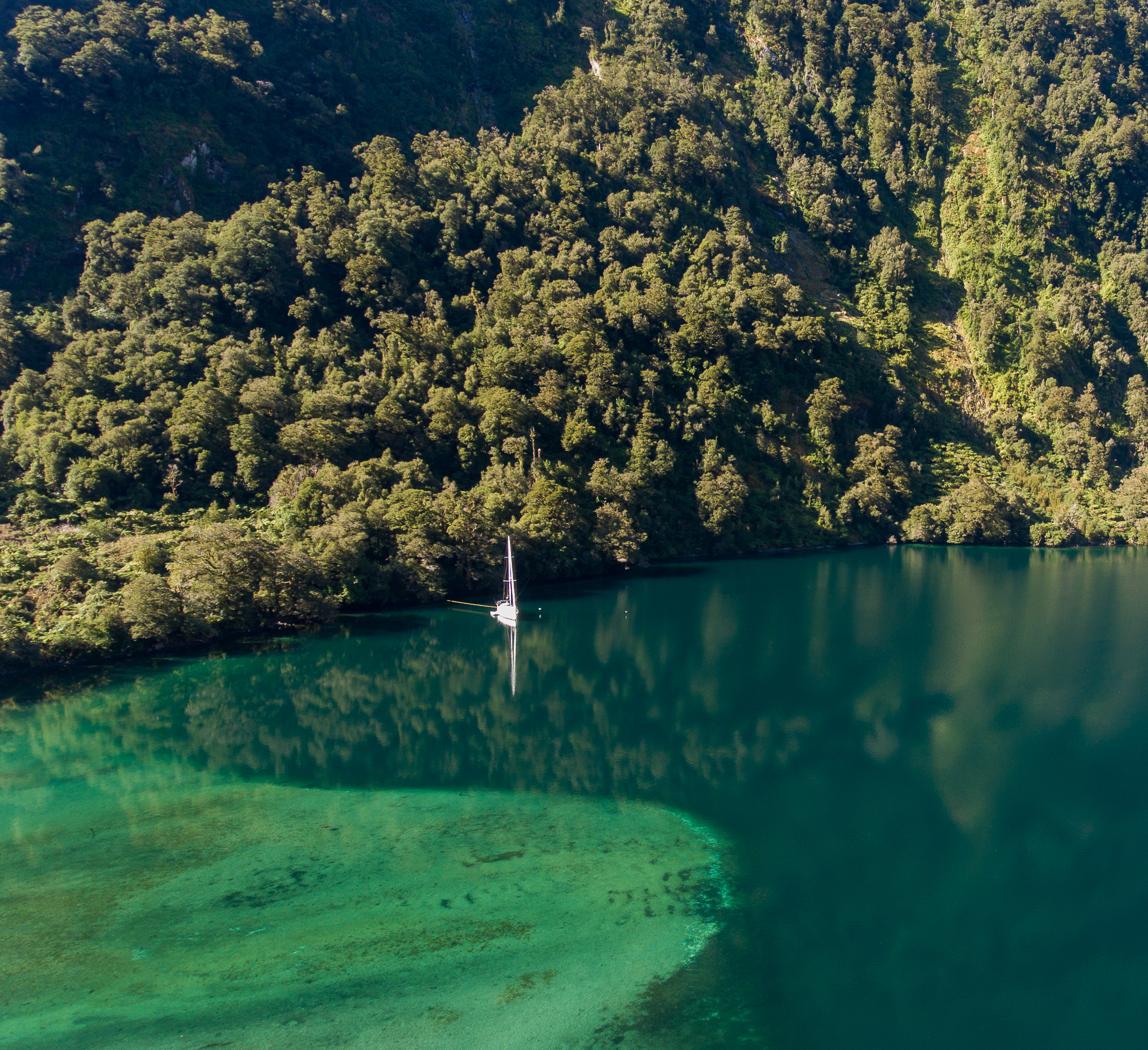
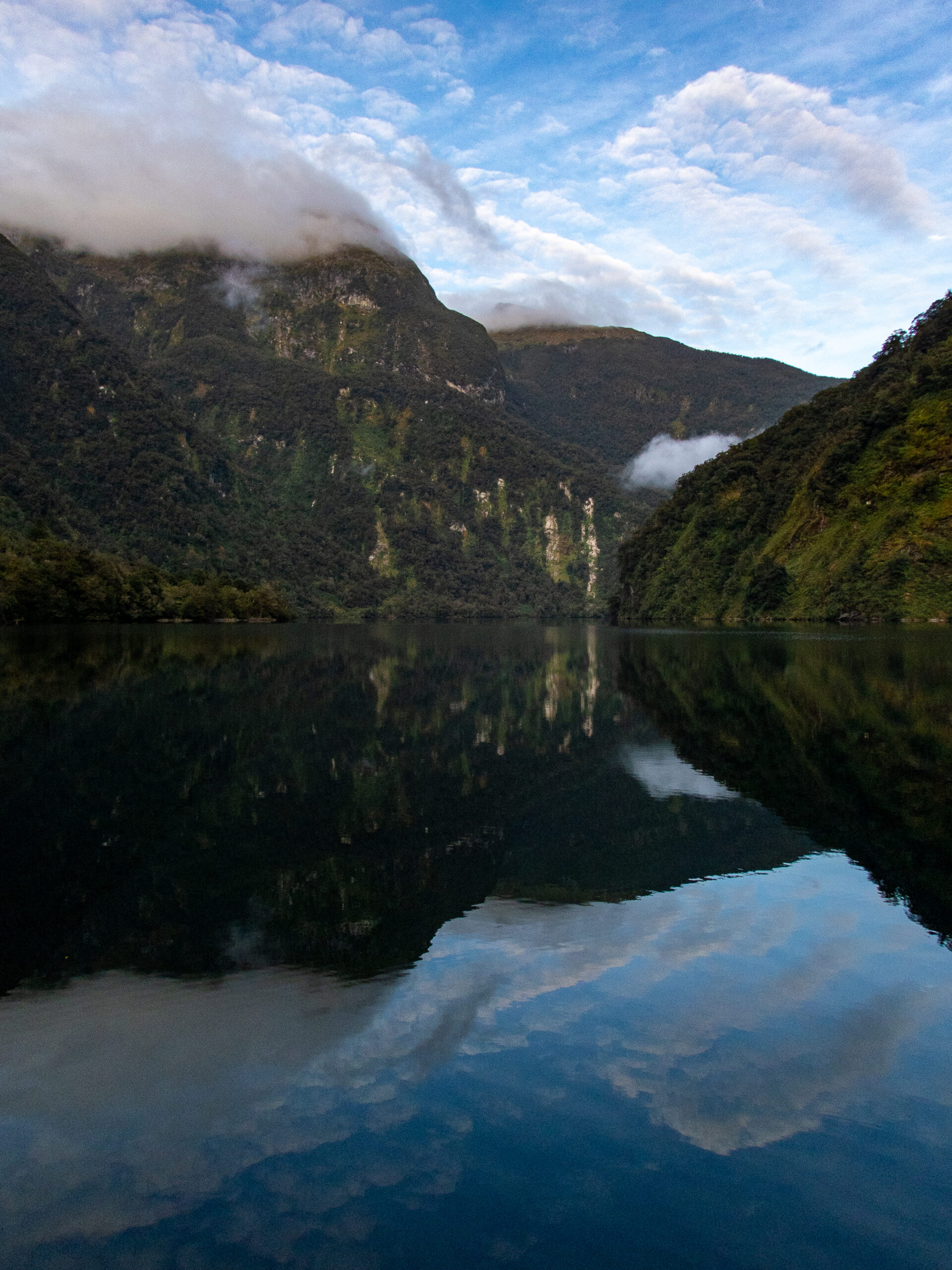
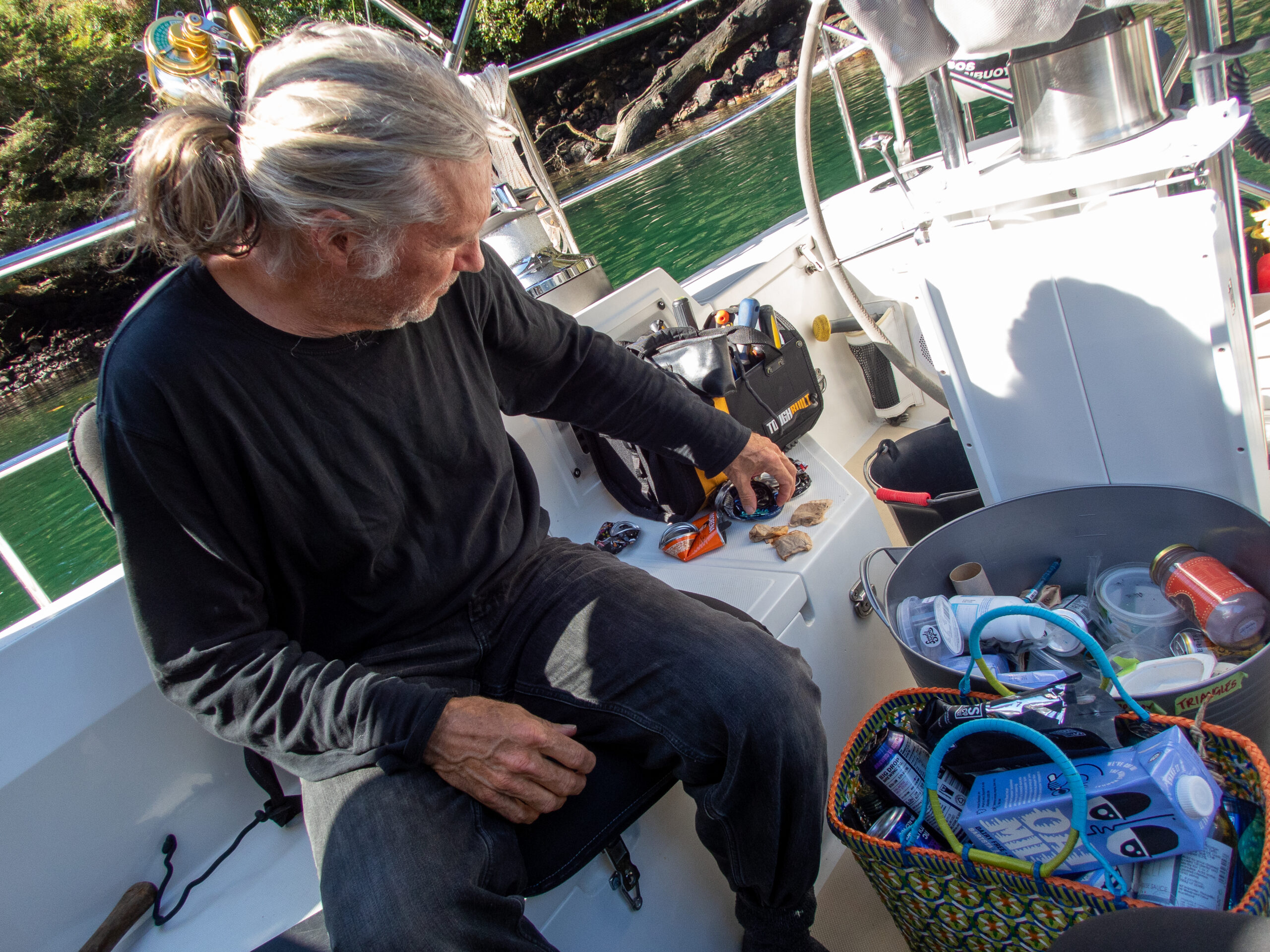


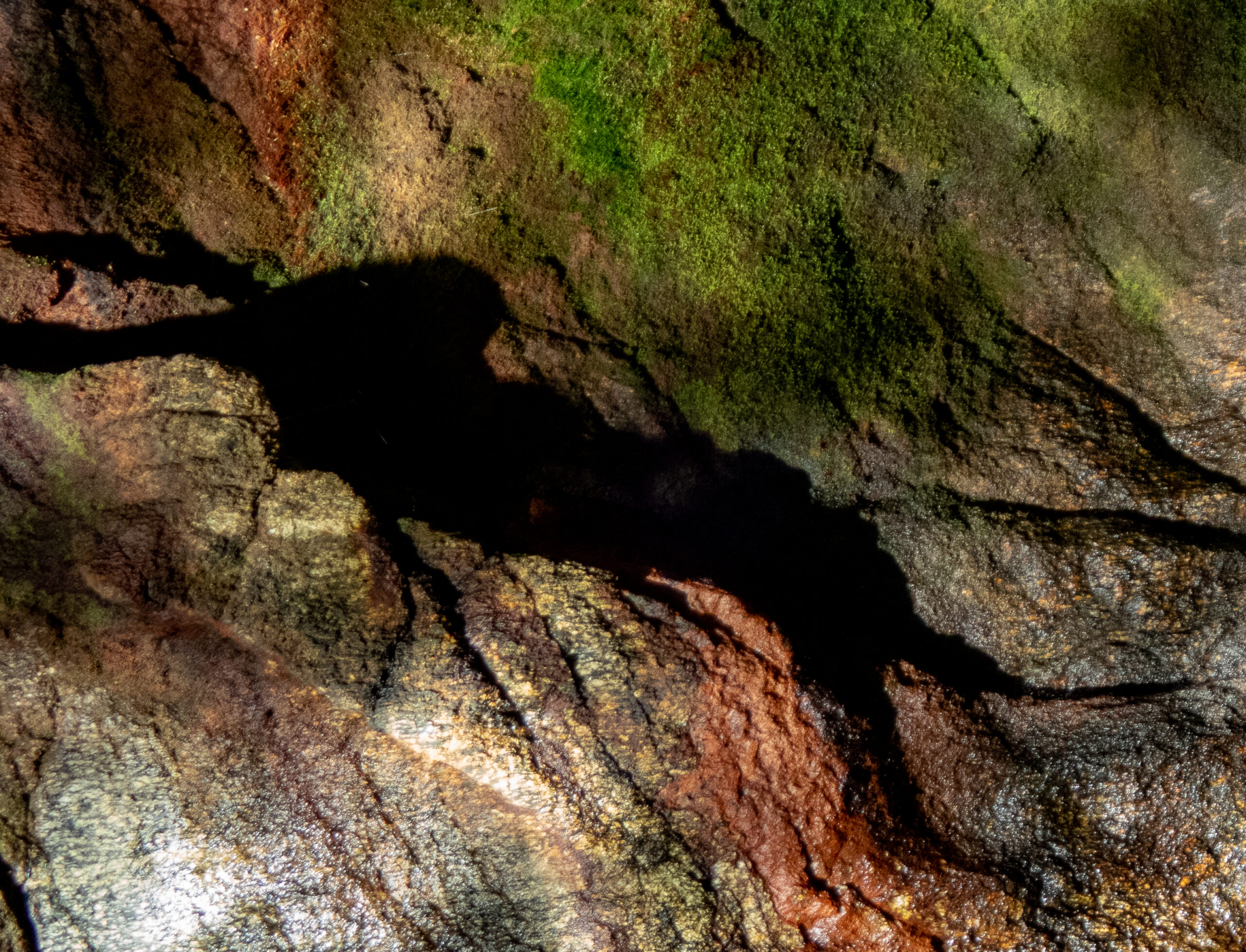
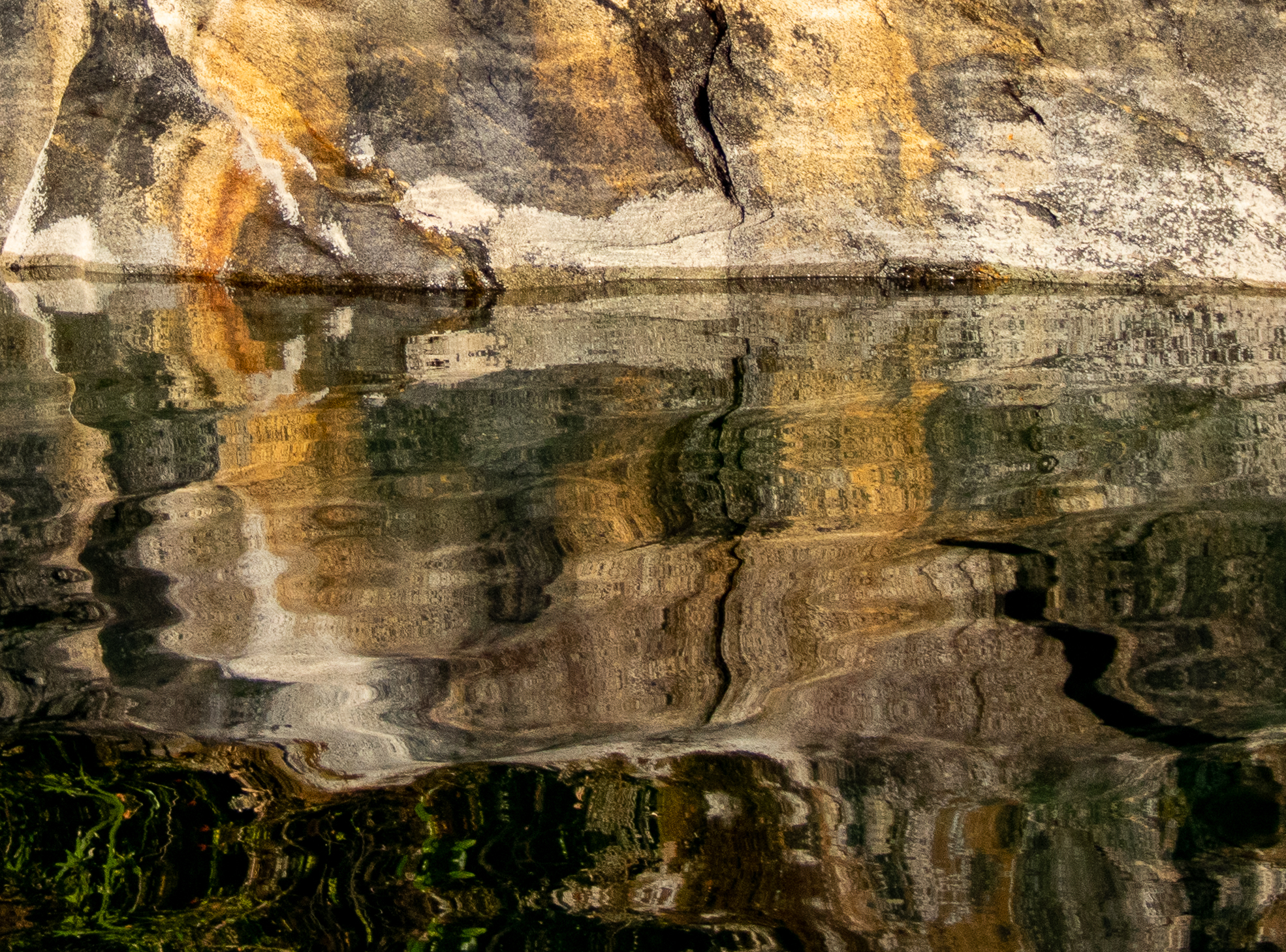
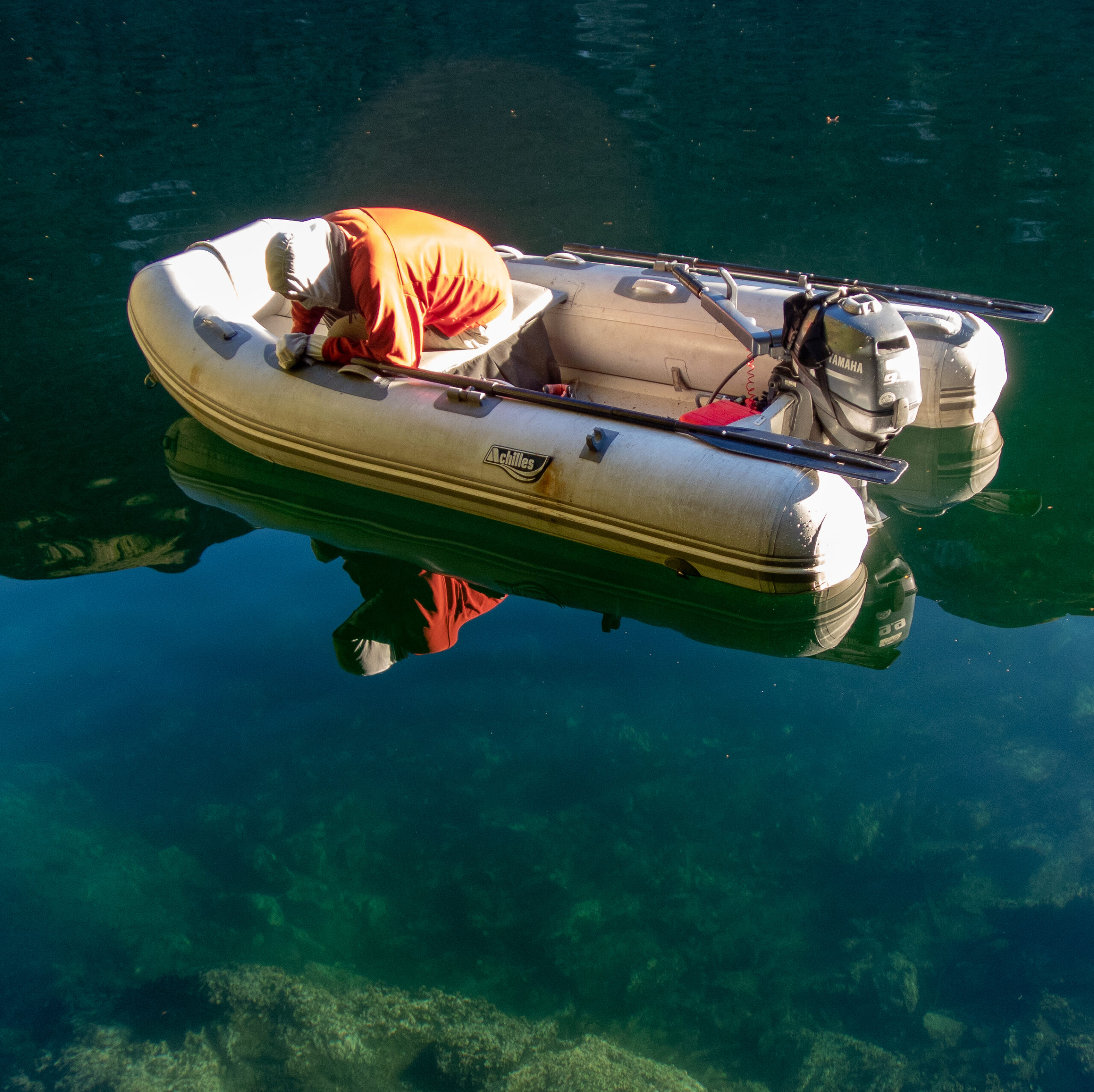

Wet Jacket Arm, not just any Arm – Fiordland.
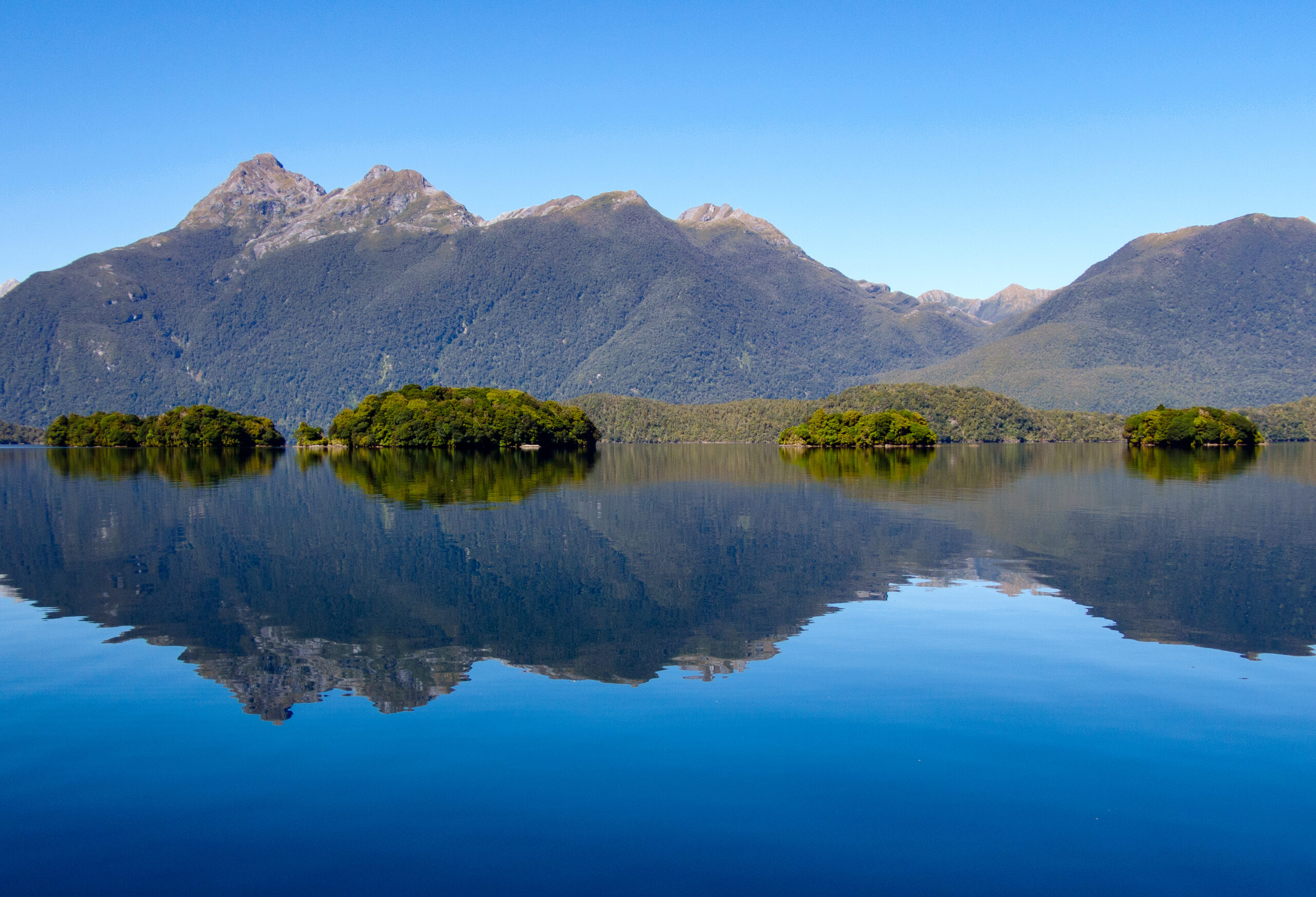
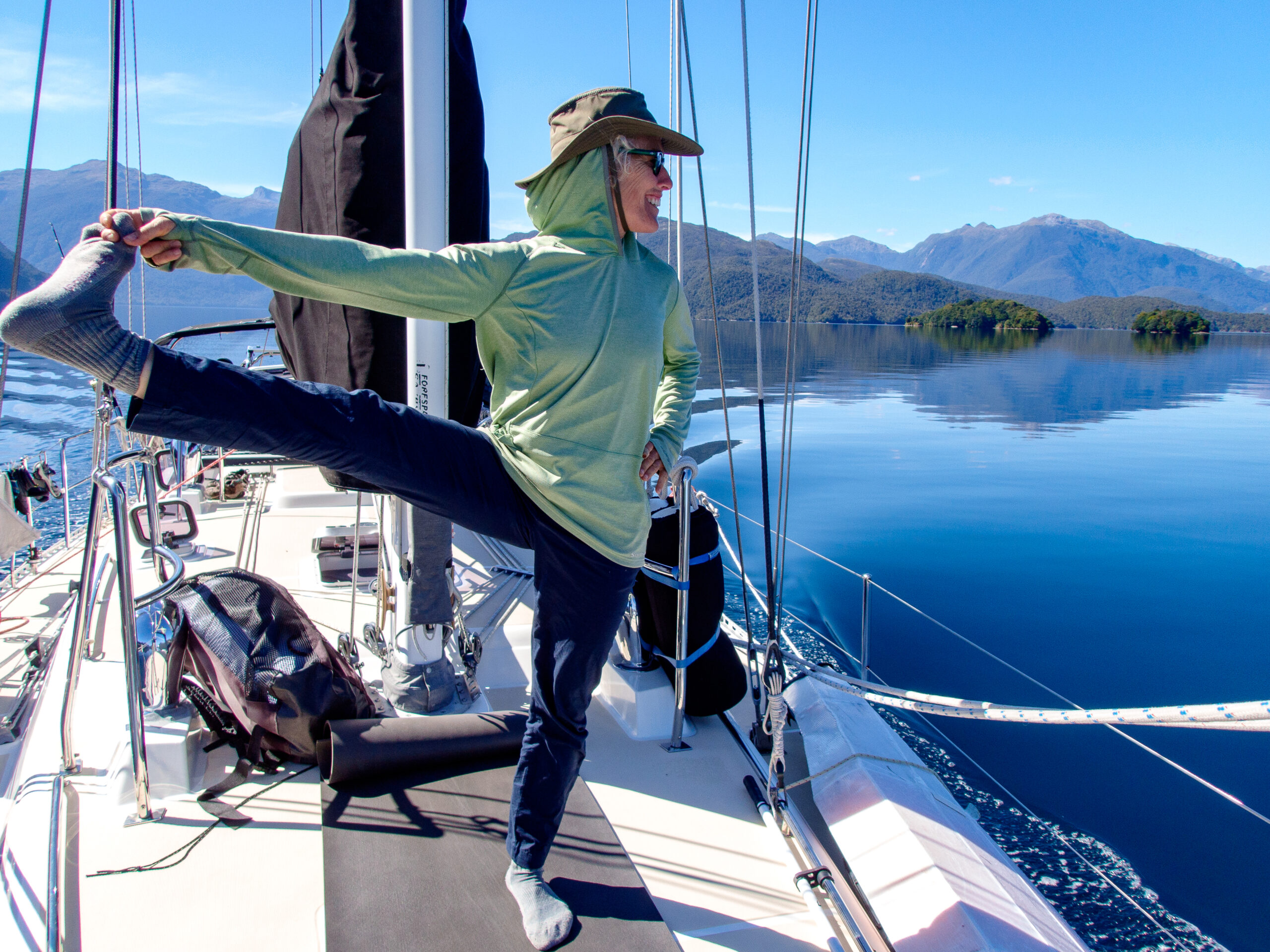
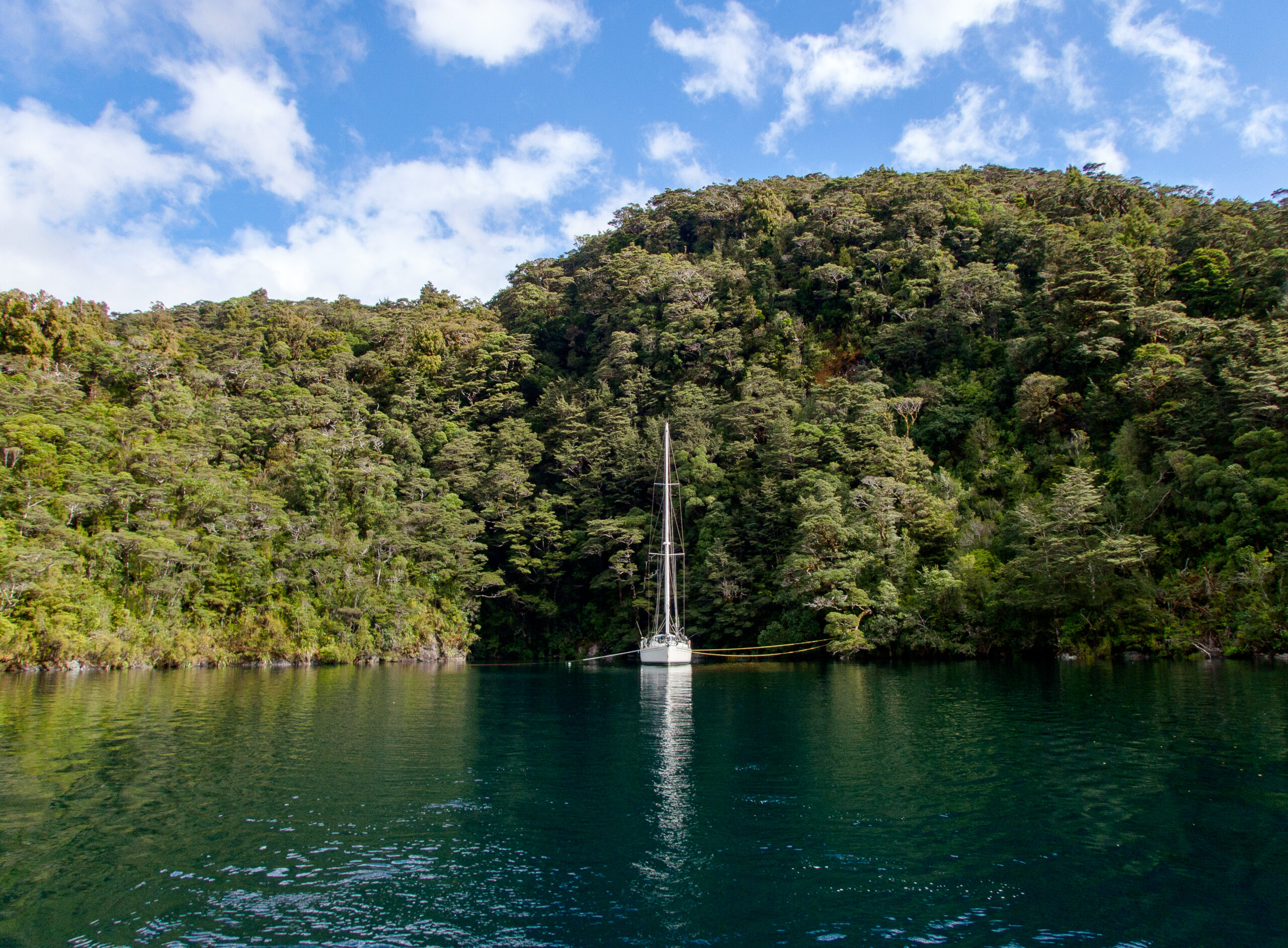
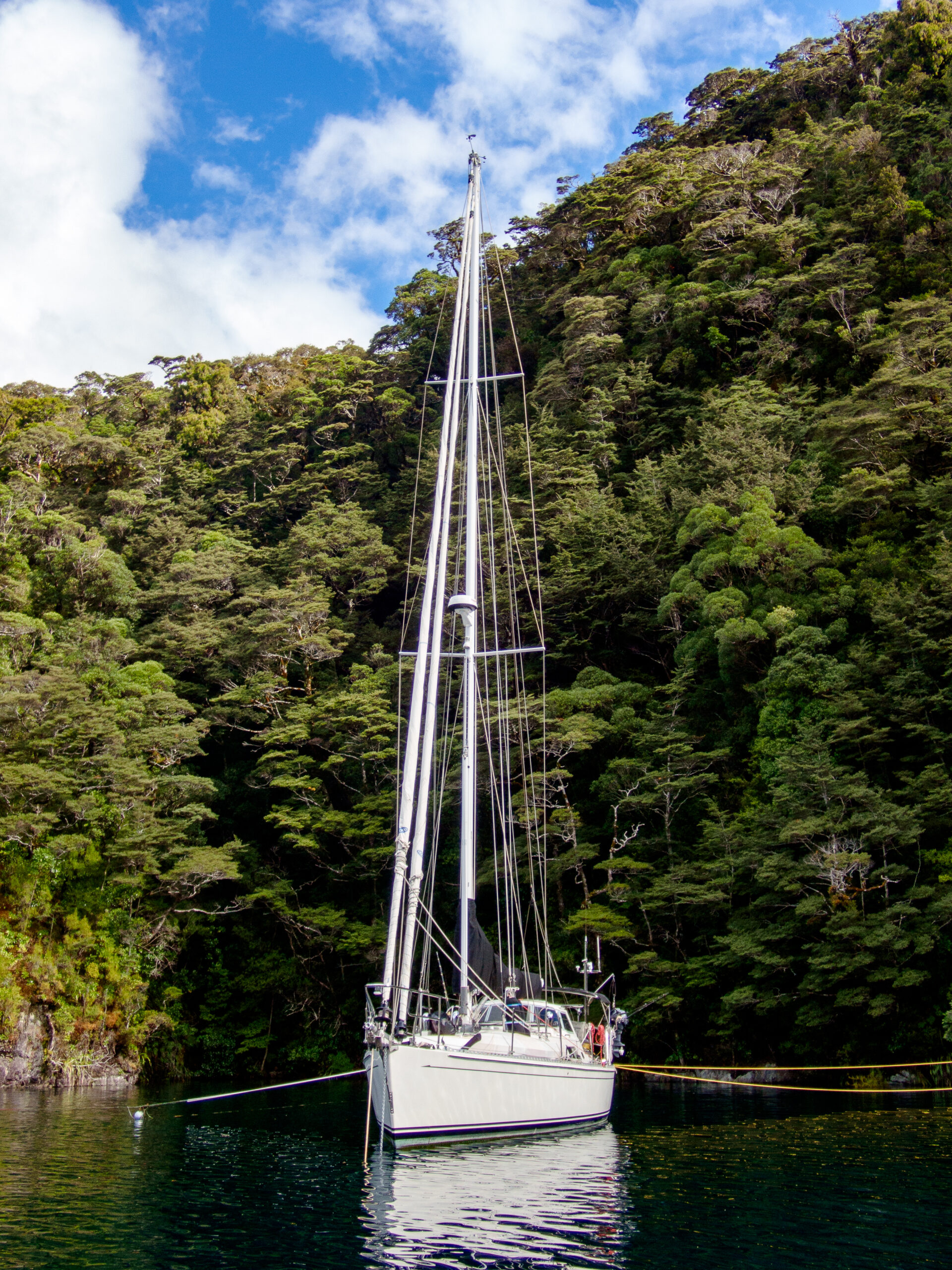
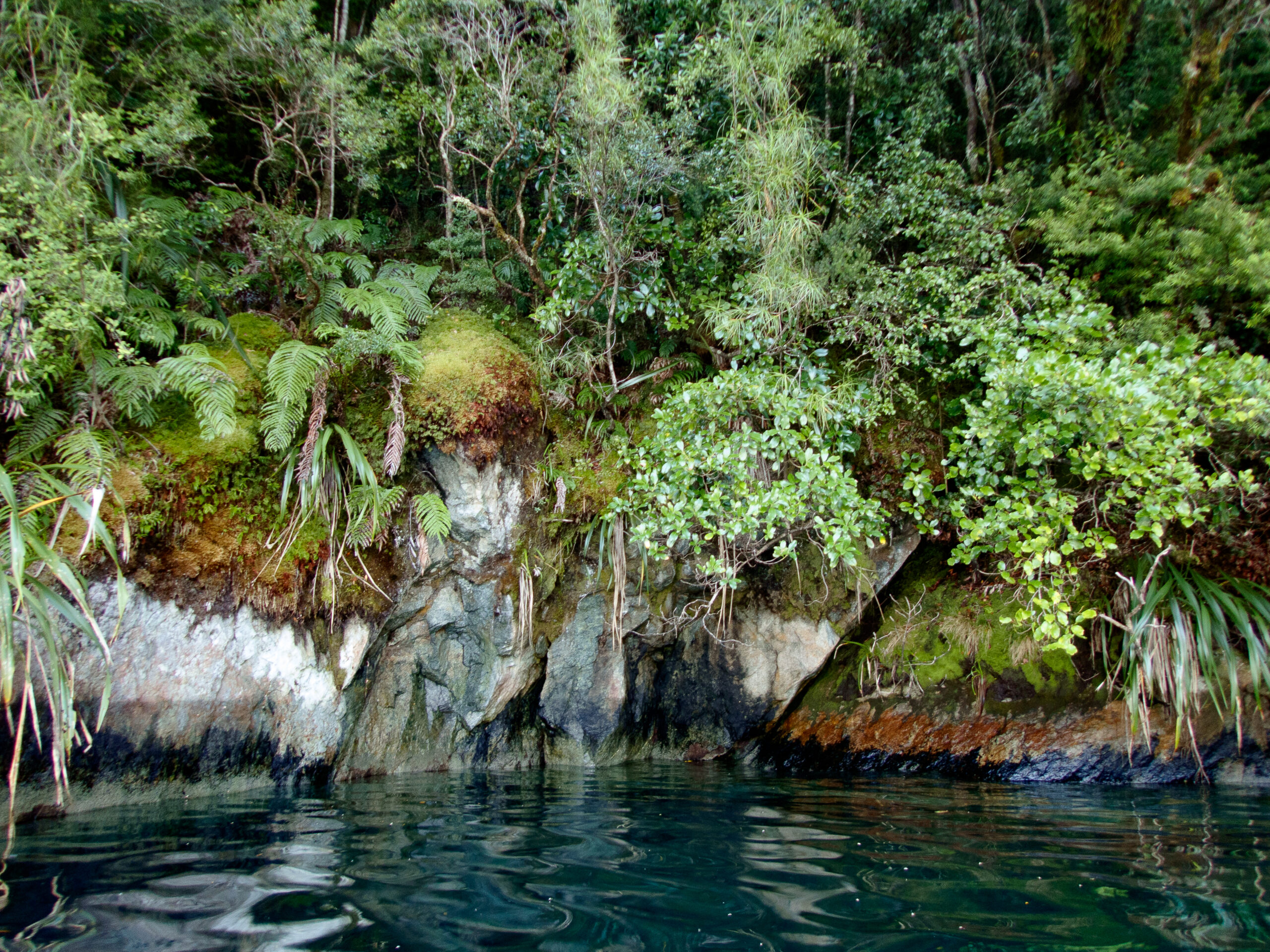




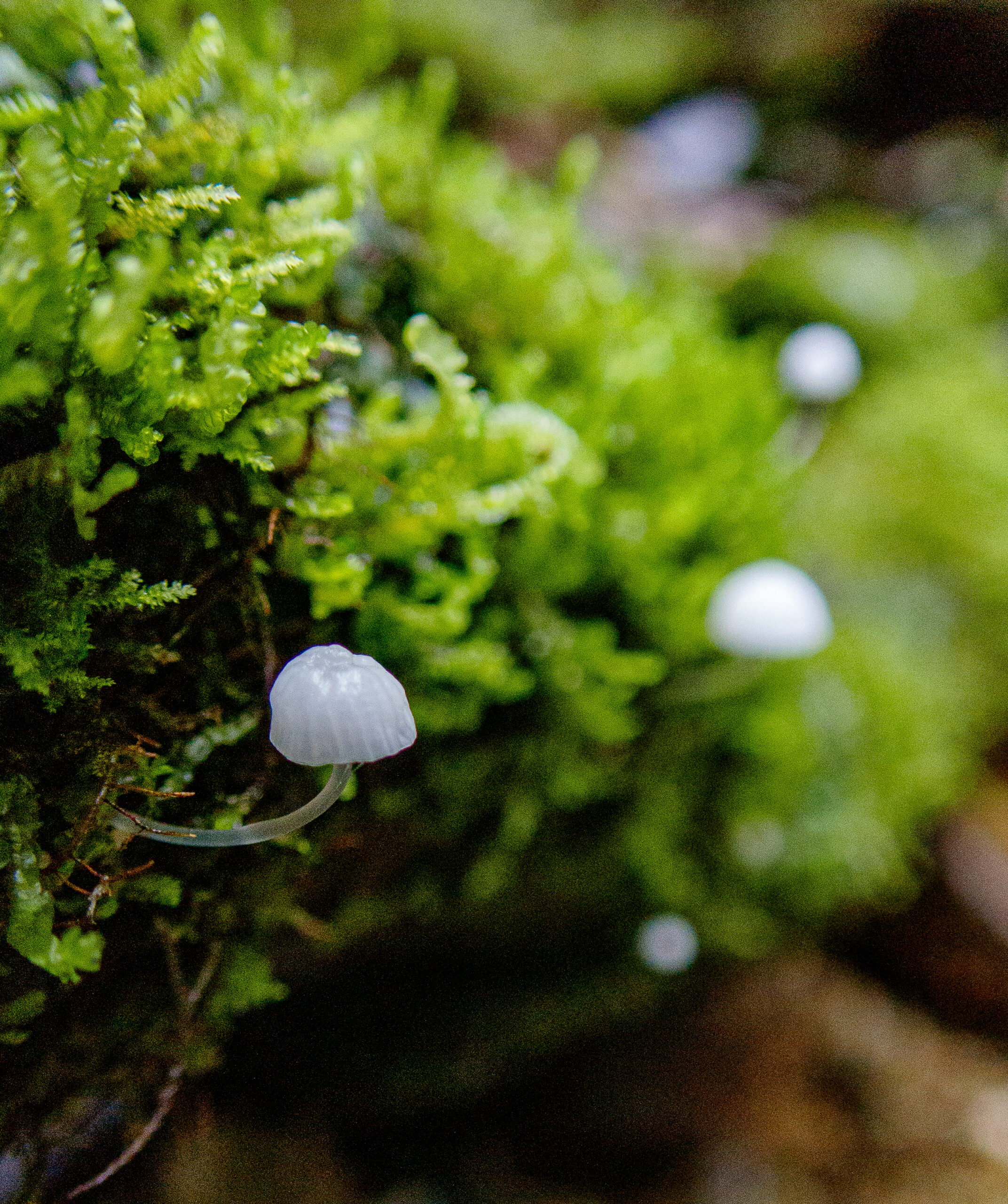
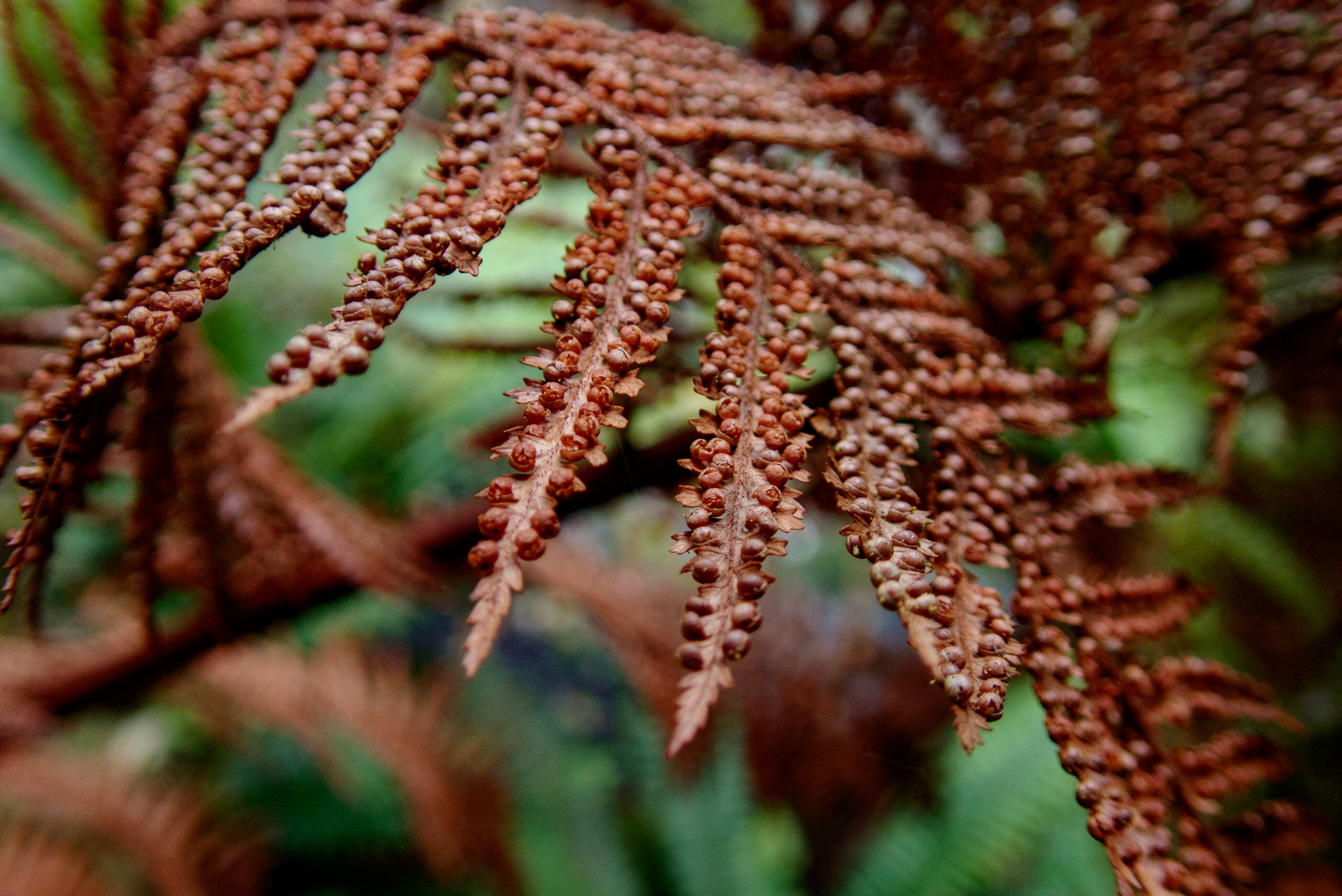



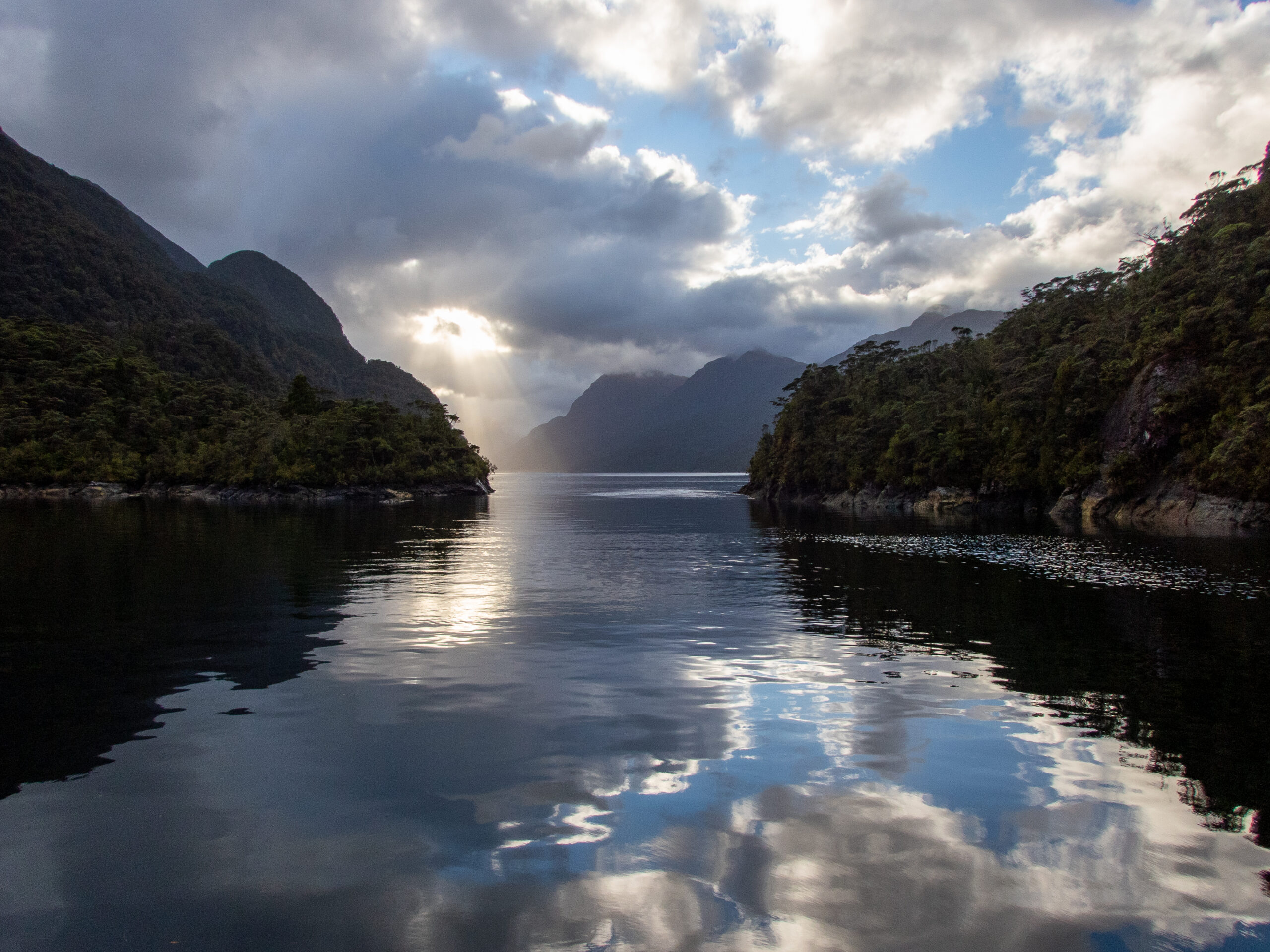
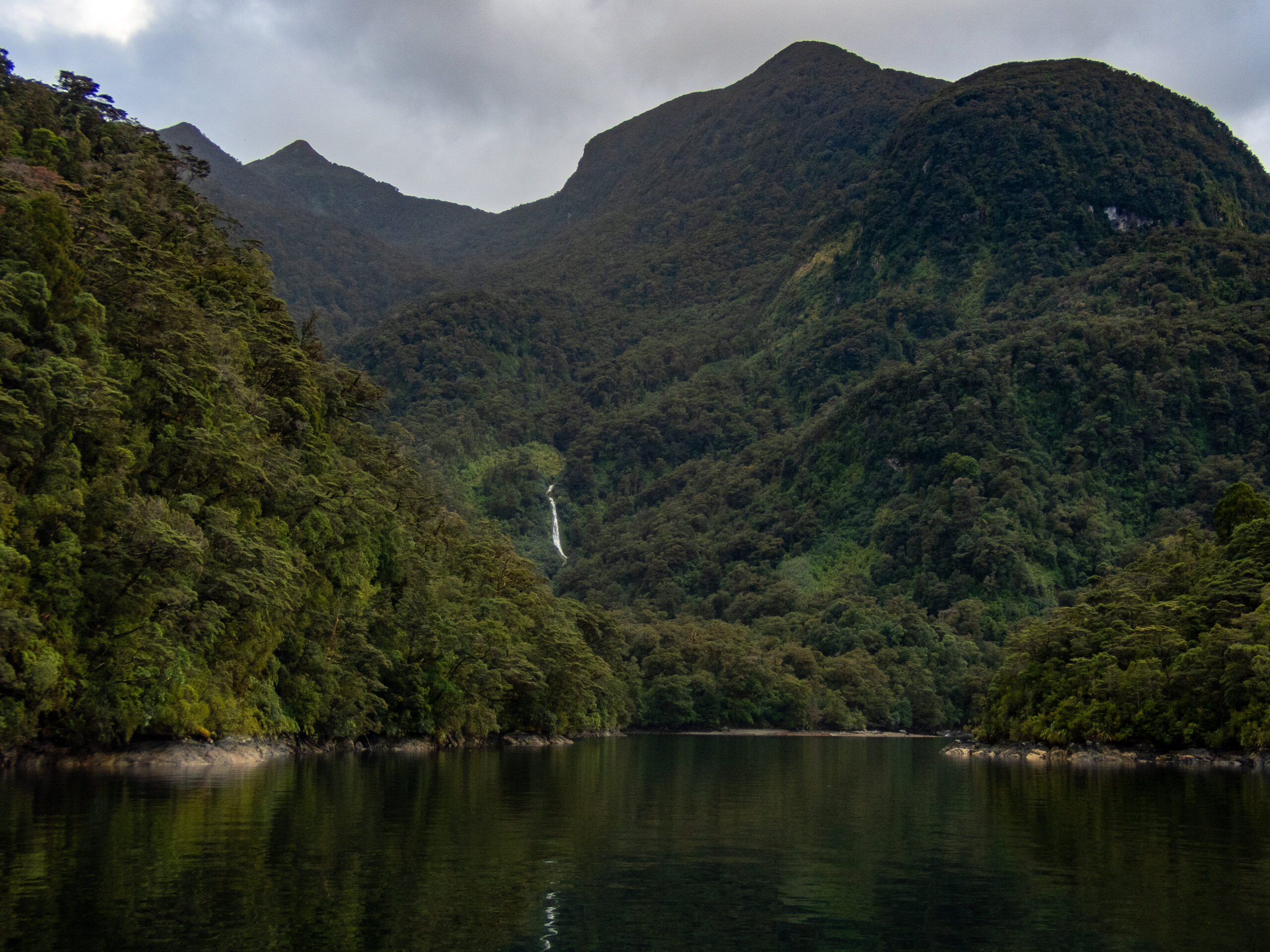
Lots to captivate ~ lingering rainbows, new waterfalls, breathtaking bush, dolphins and surreal reflections while moving up to the end of Wet Jacket Arm. I wrote these words in the logbook from that day: ‘OH MY GOODNESS – A VISUAL FEAST!’
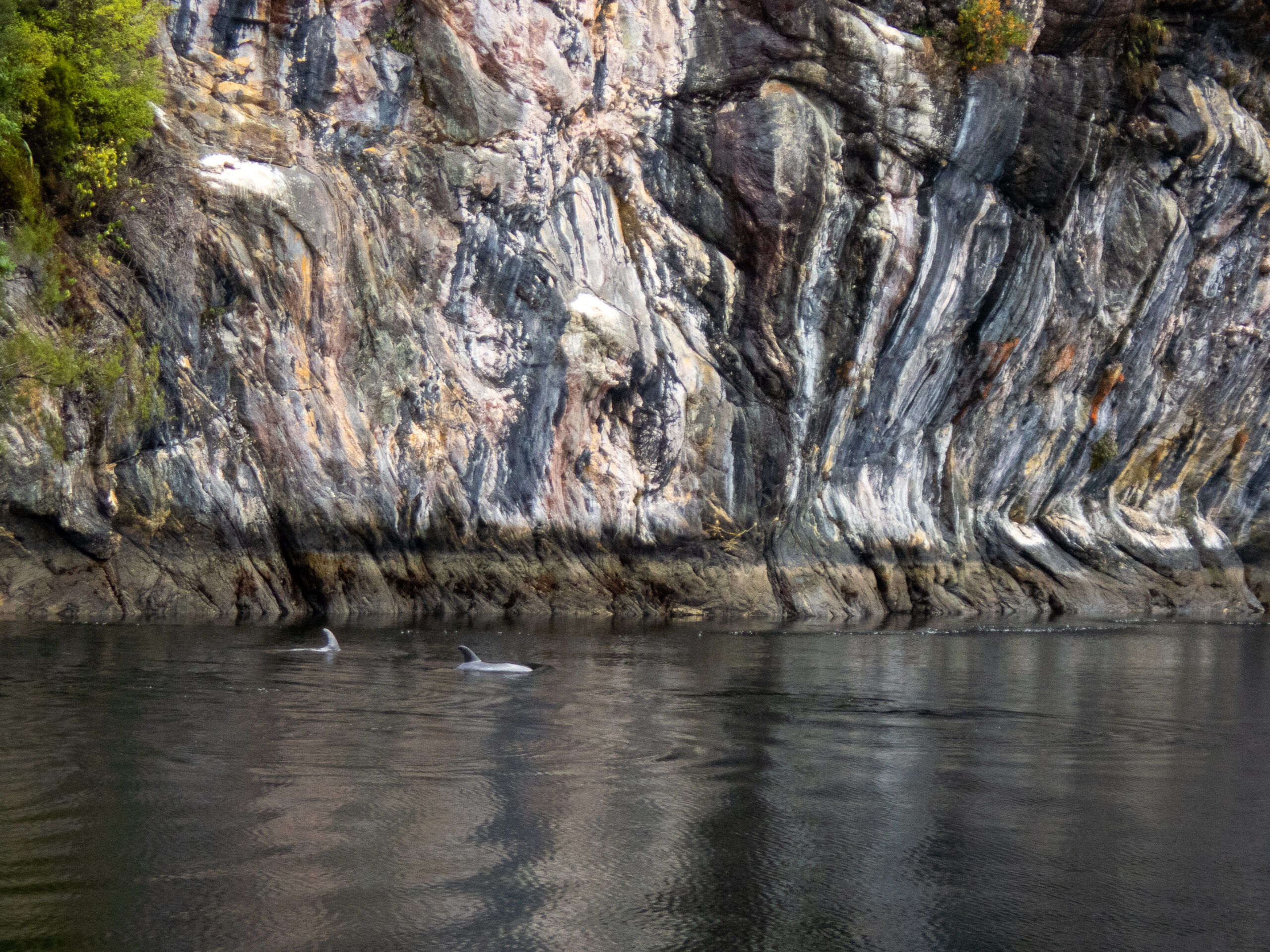
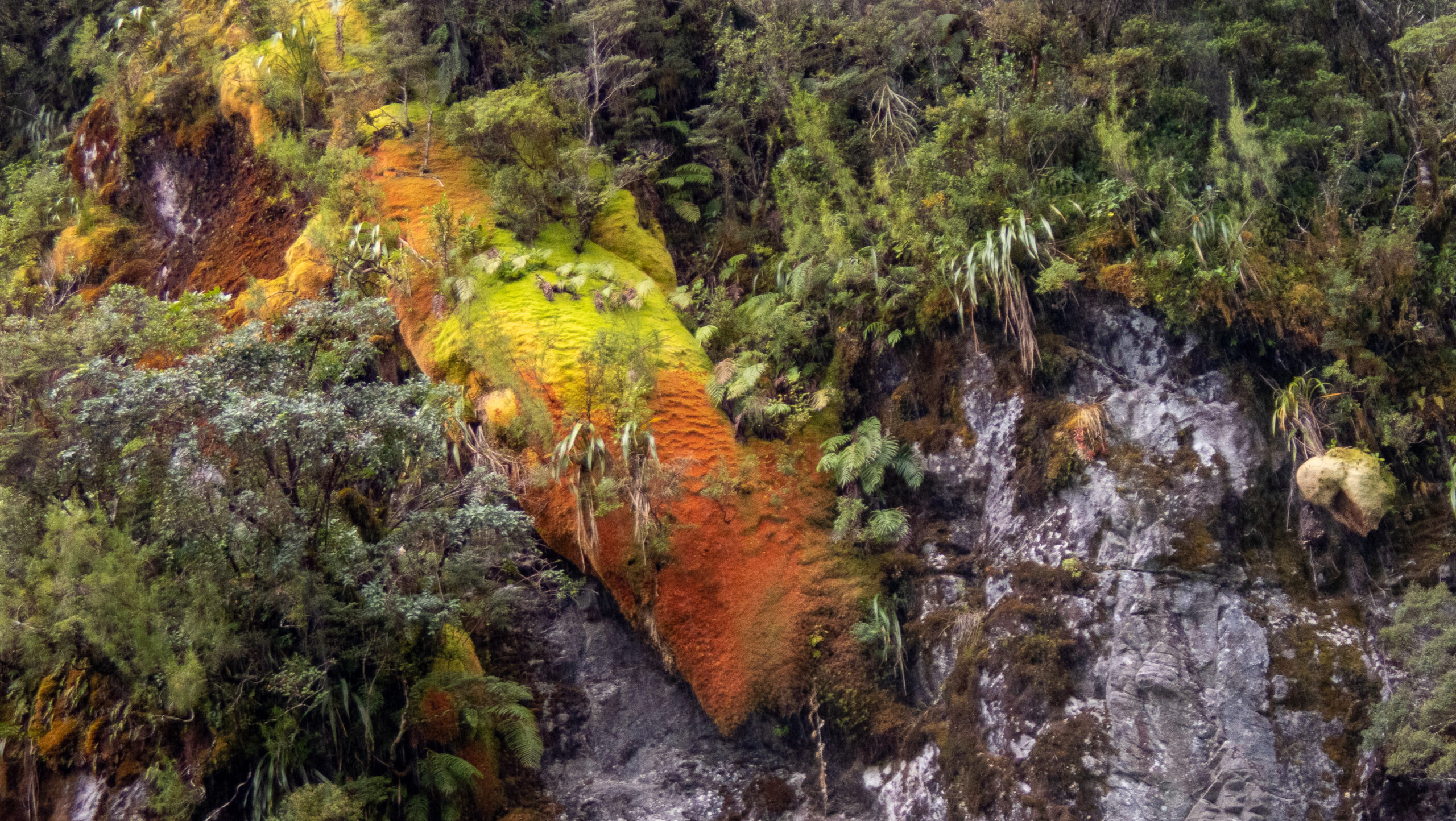

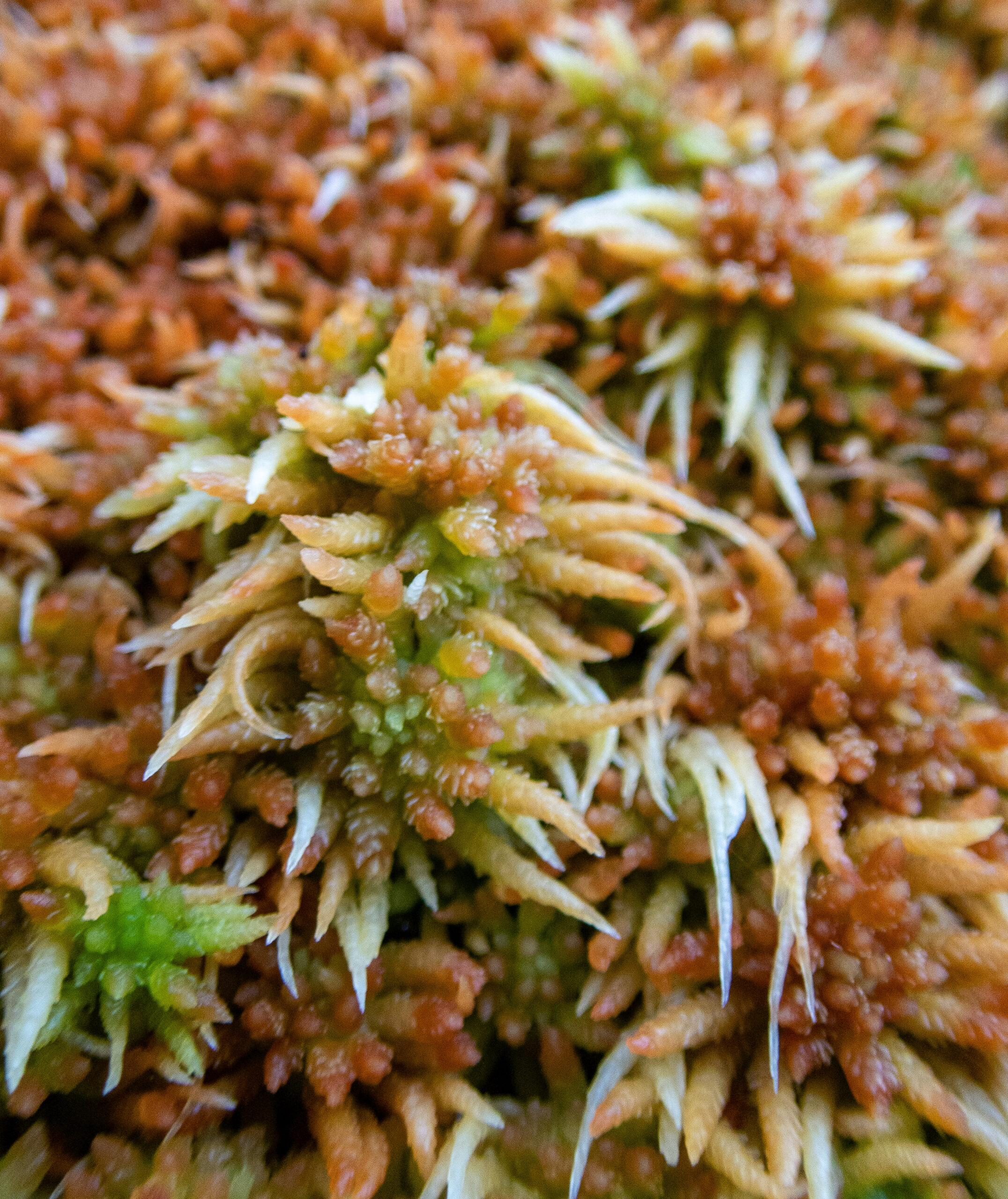

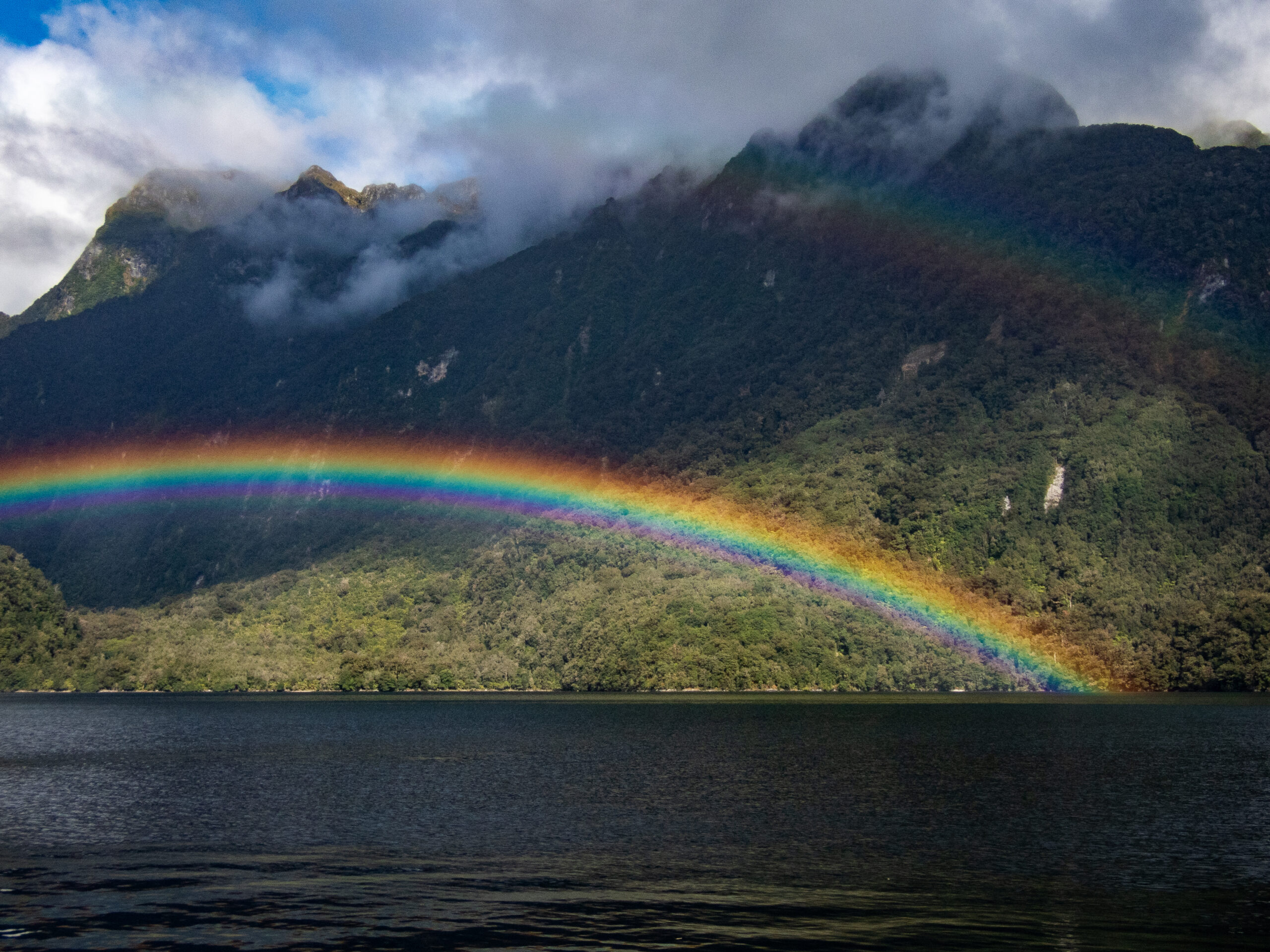
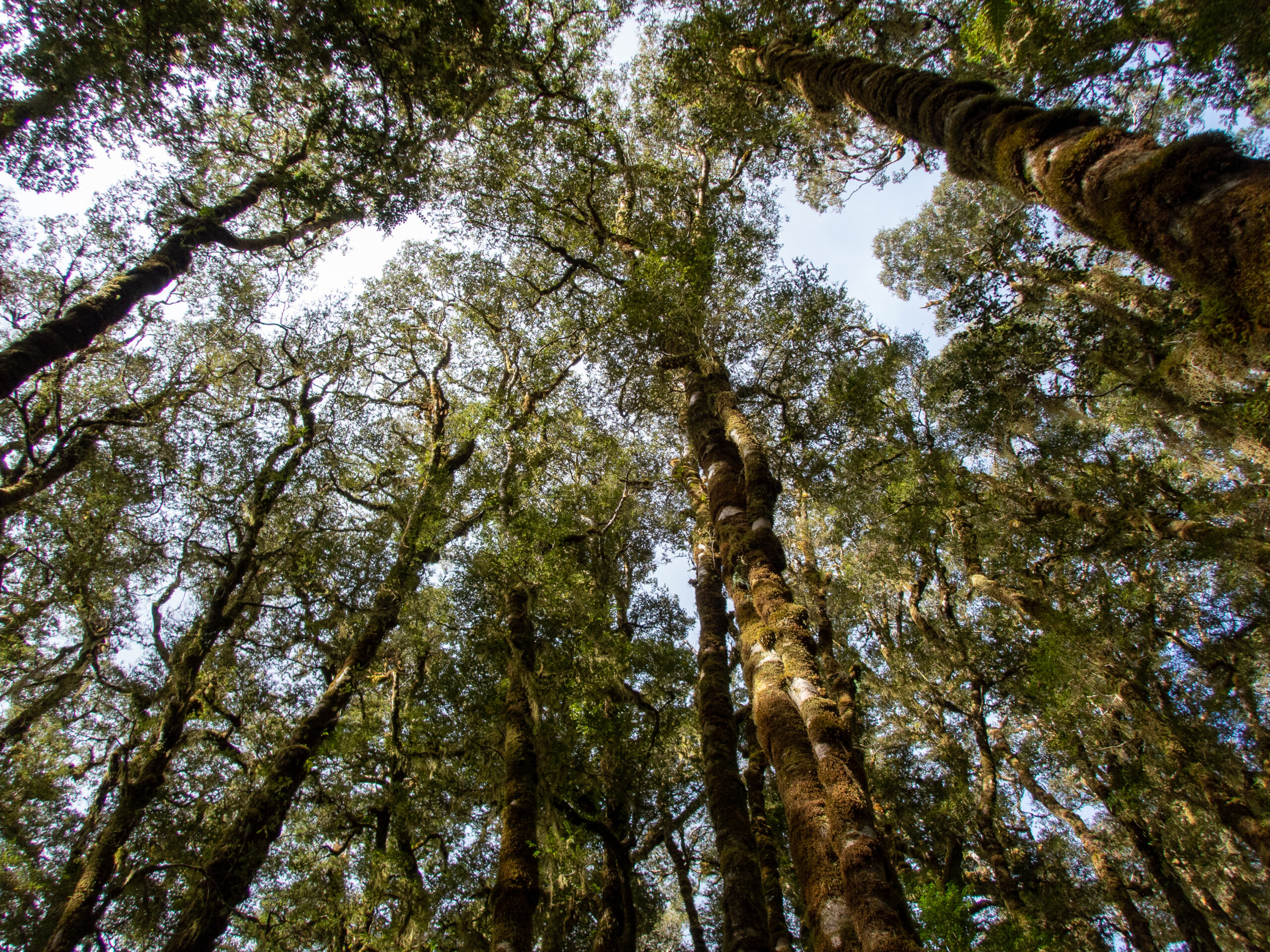
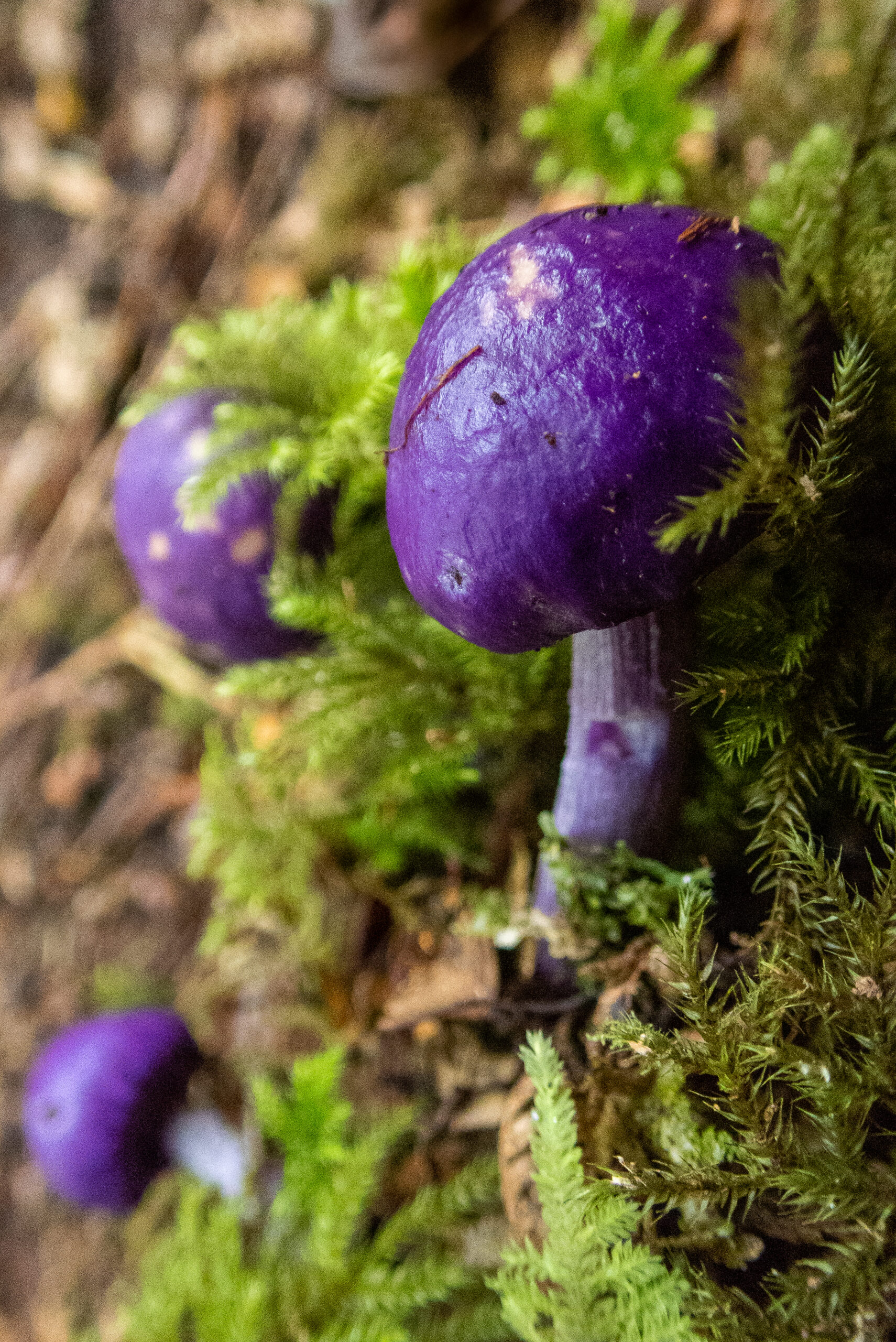
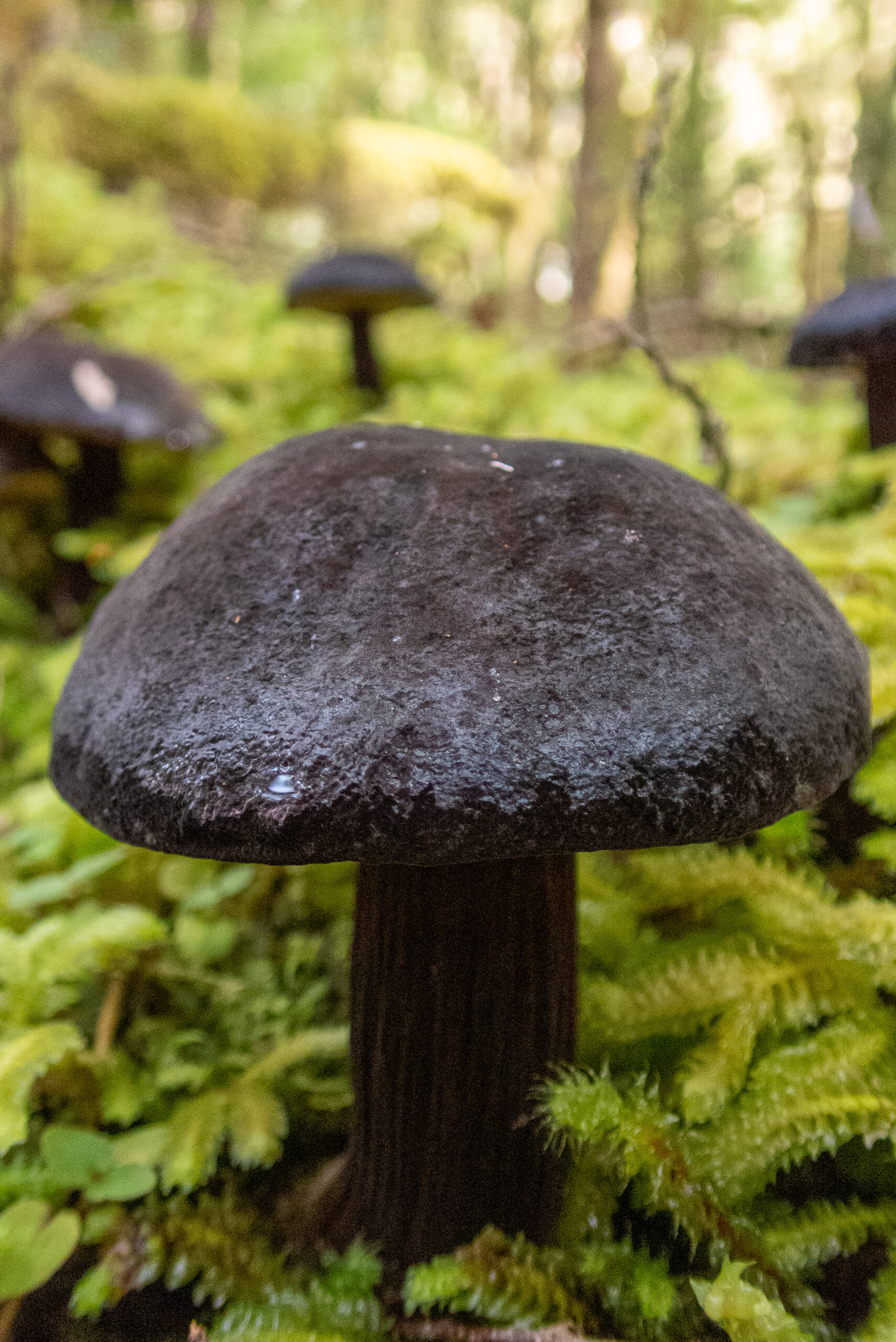
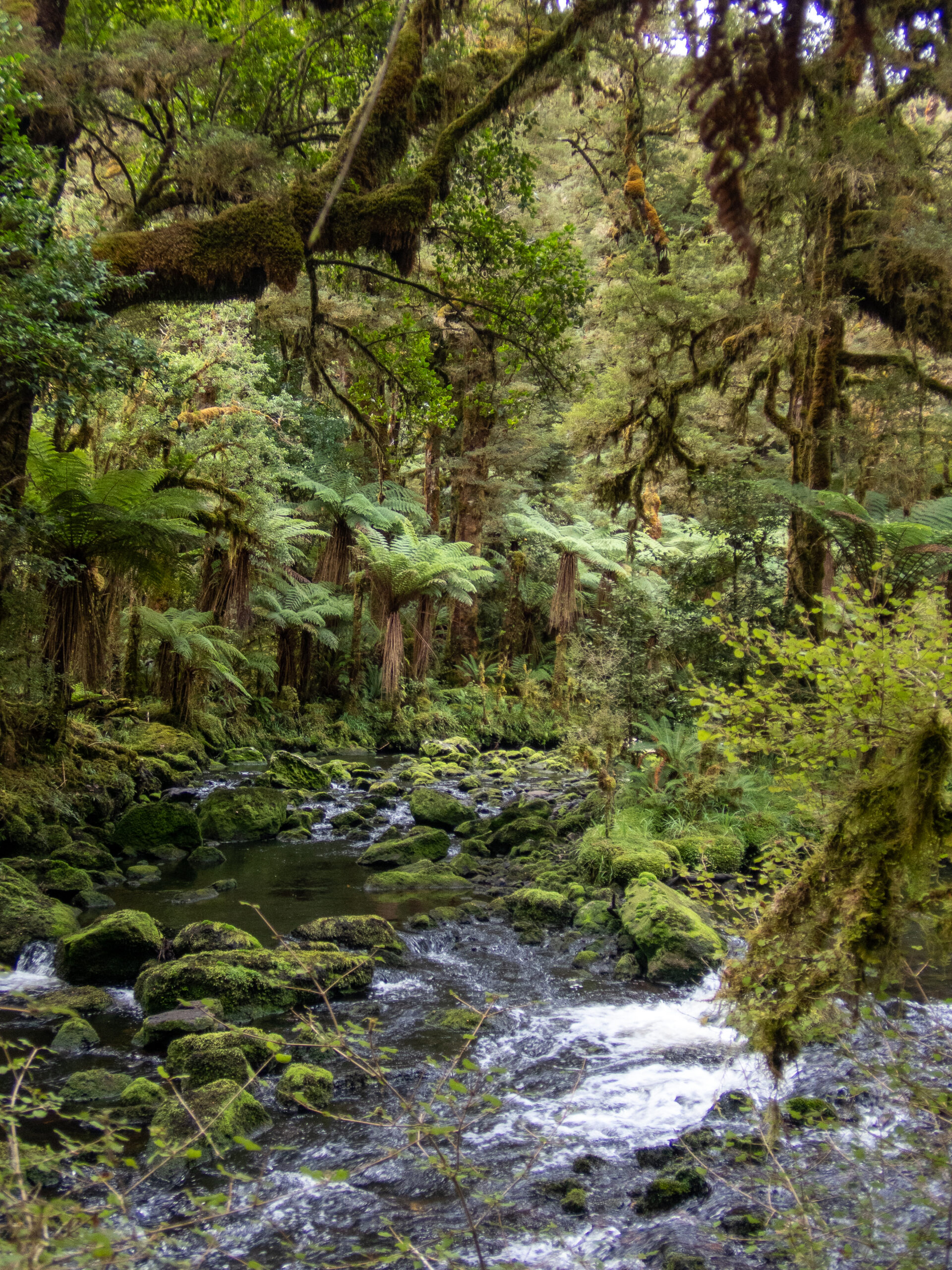
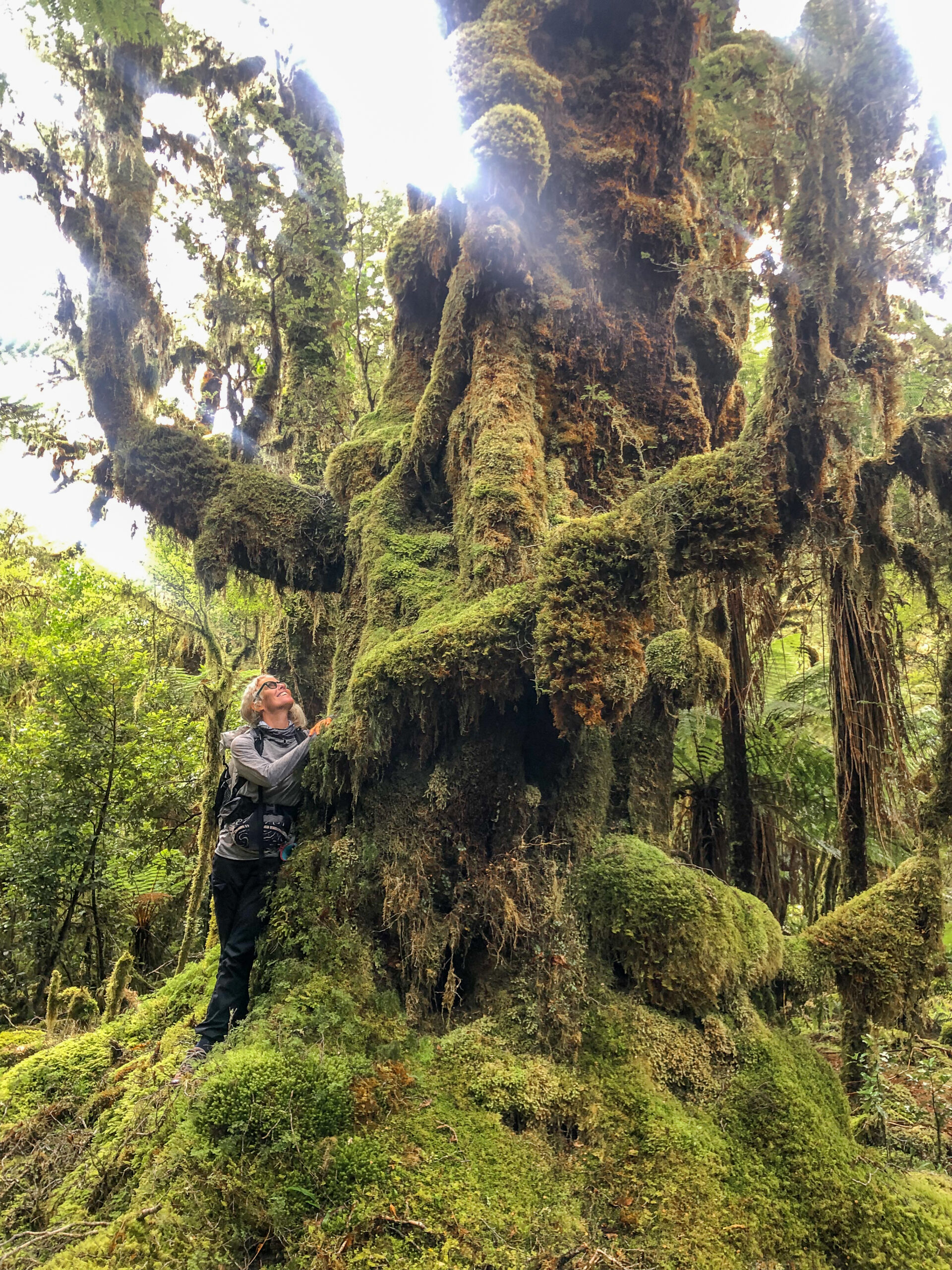
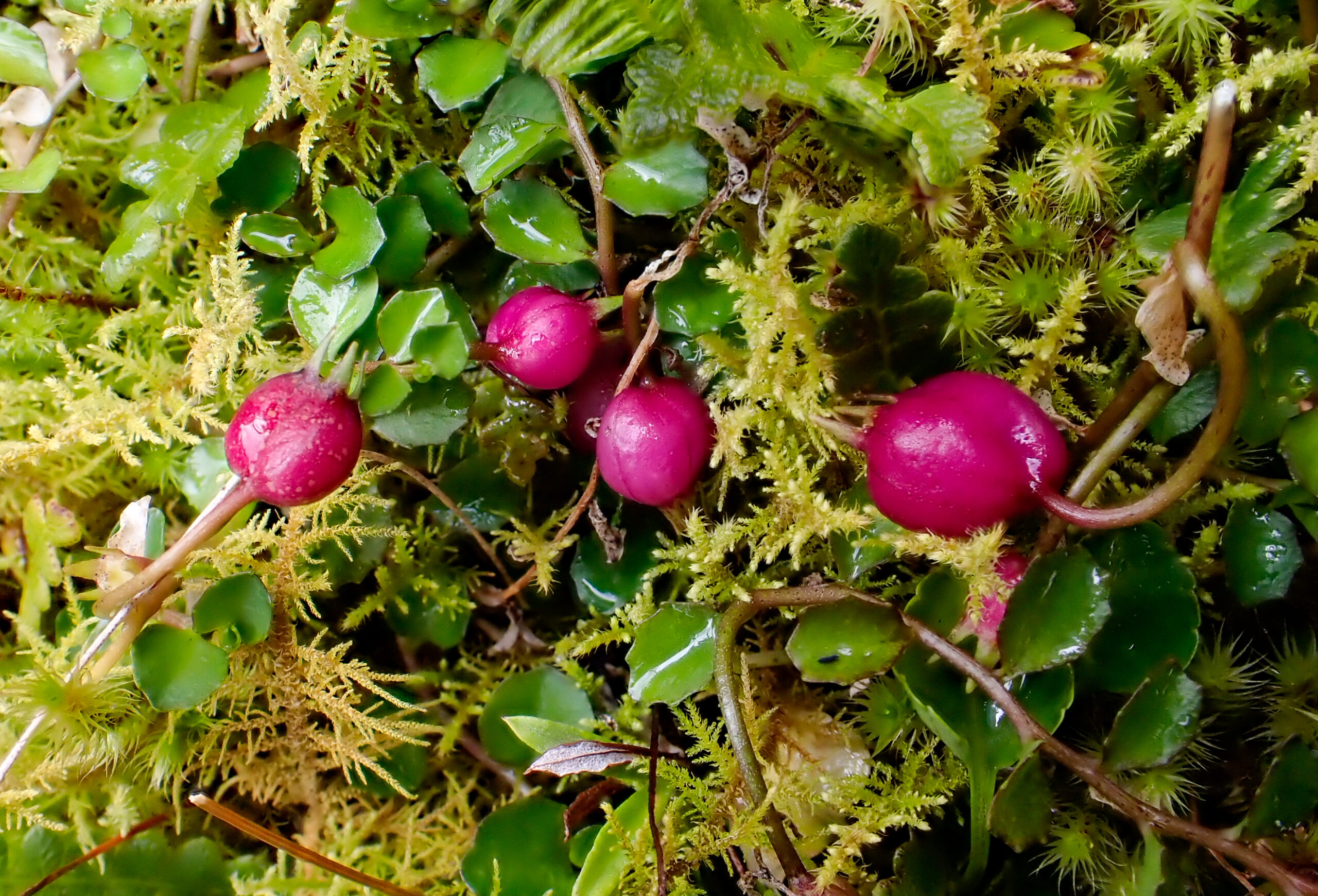
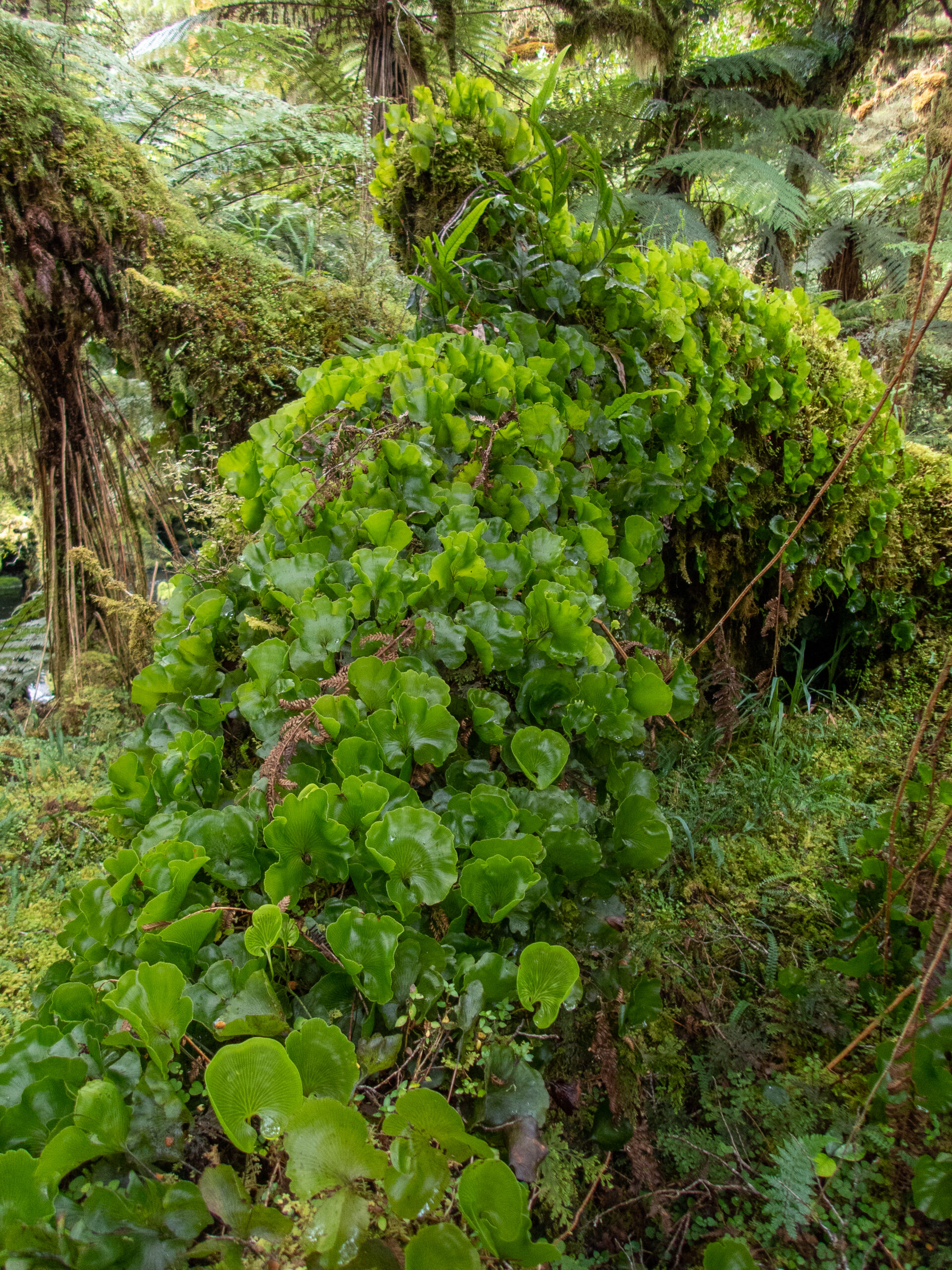
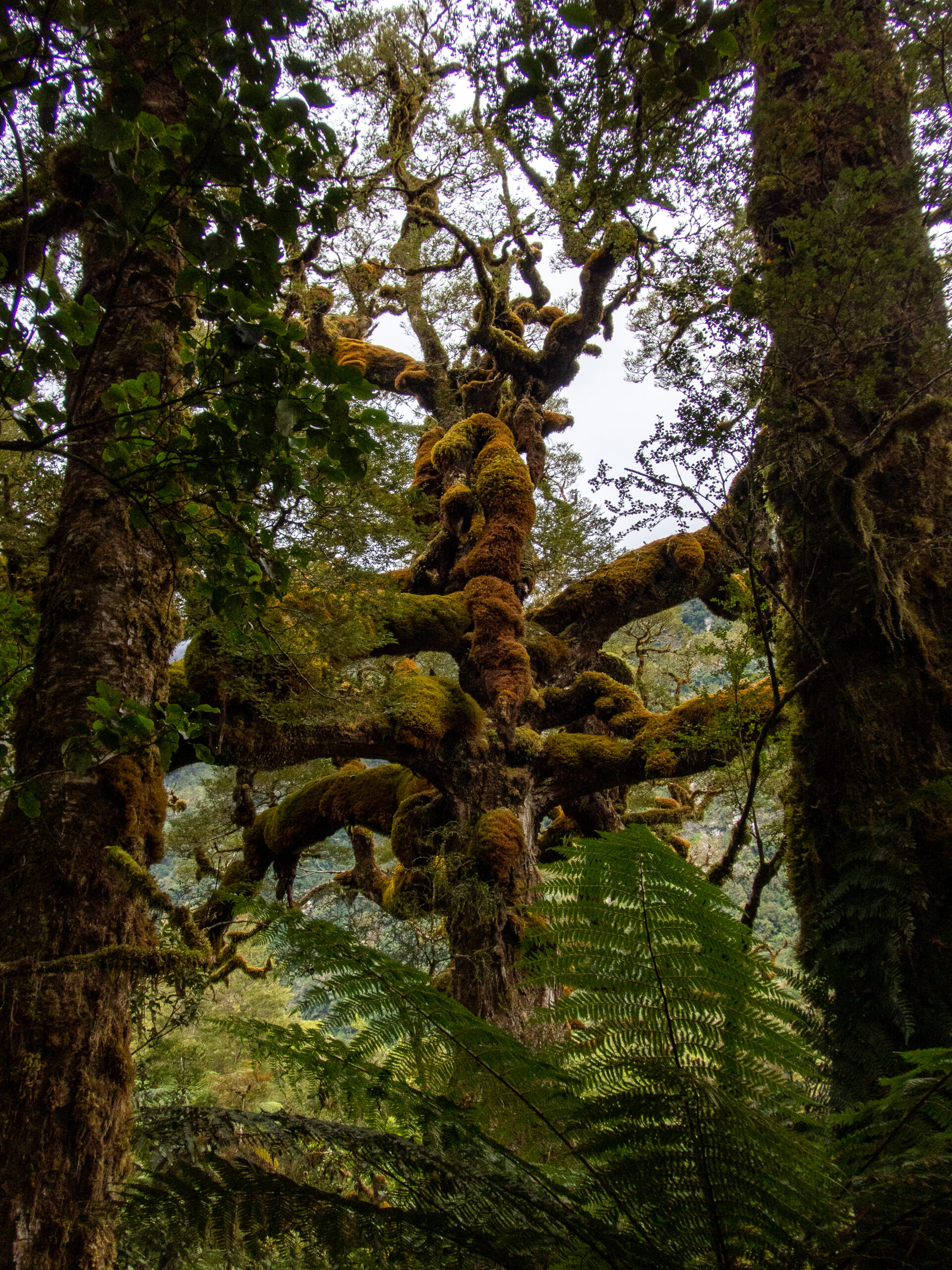



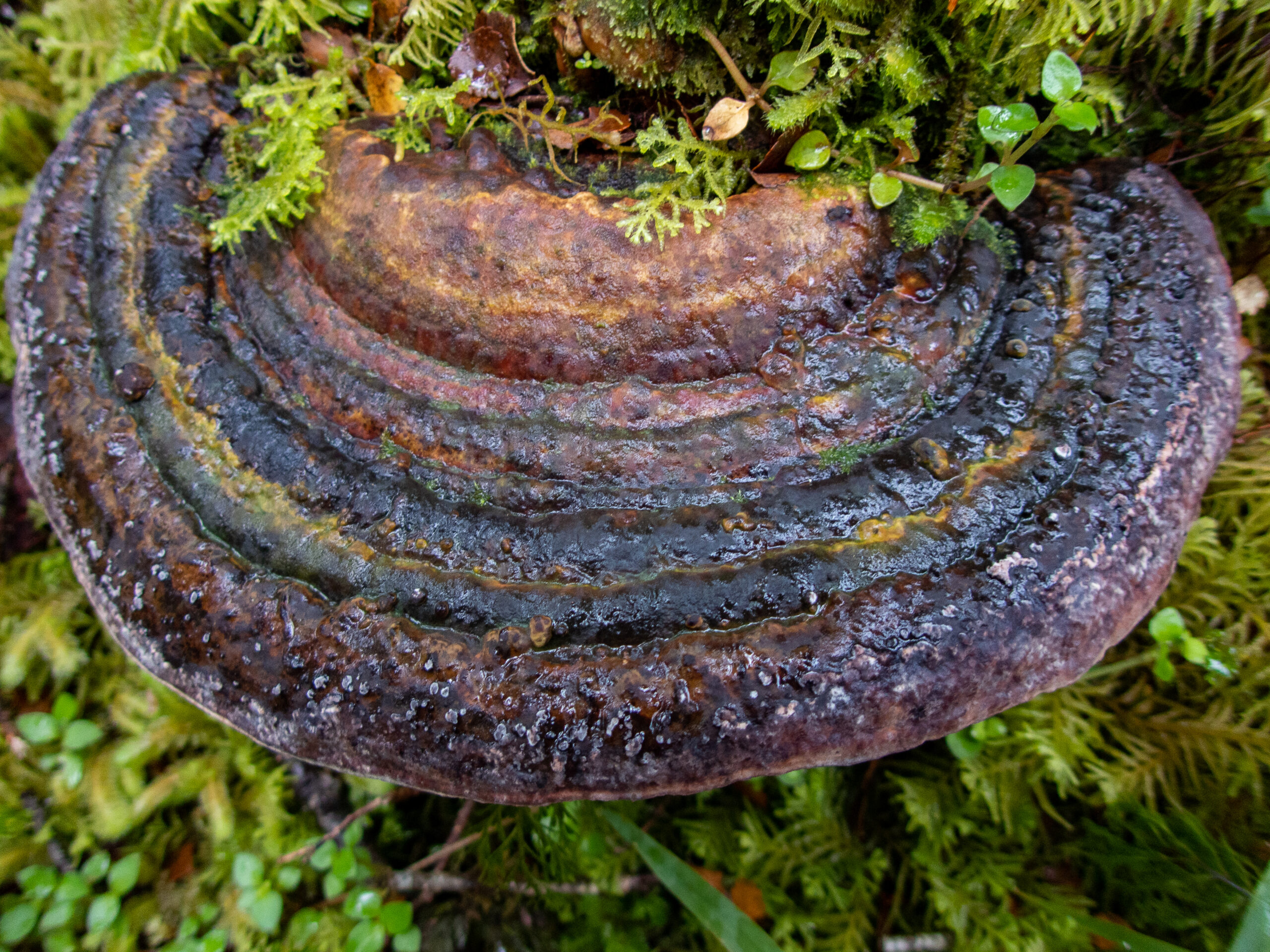

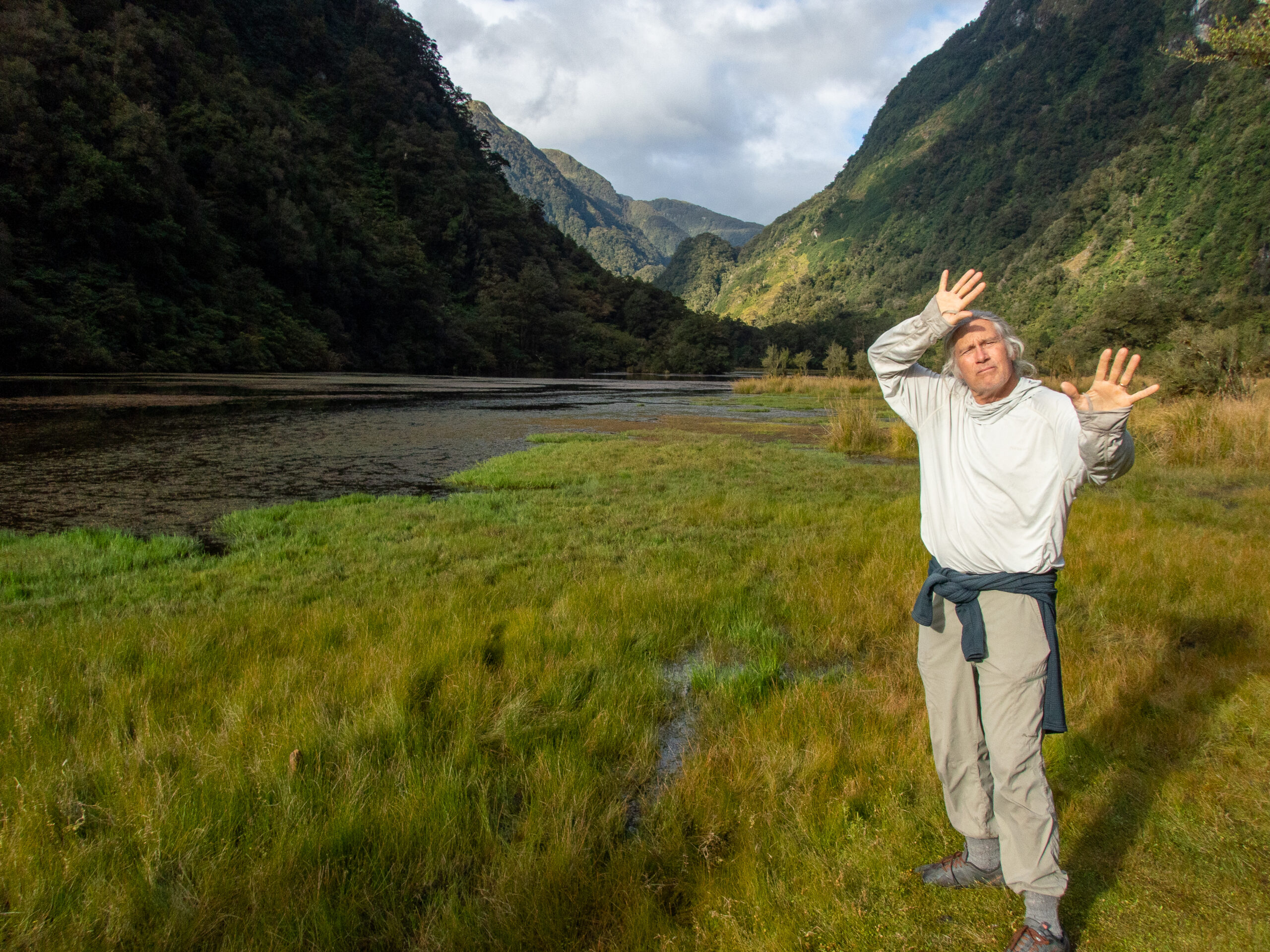
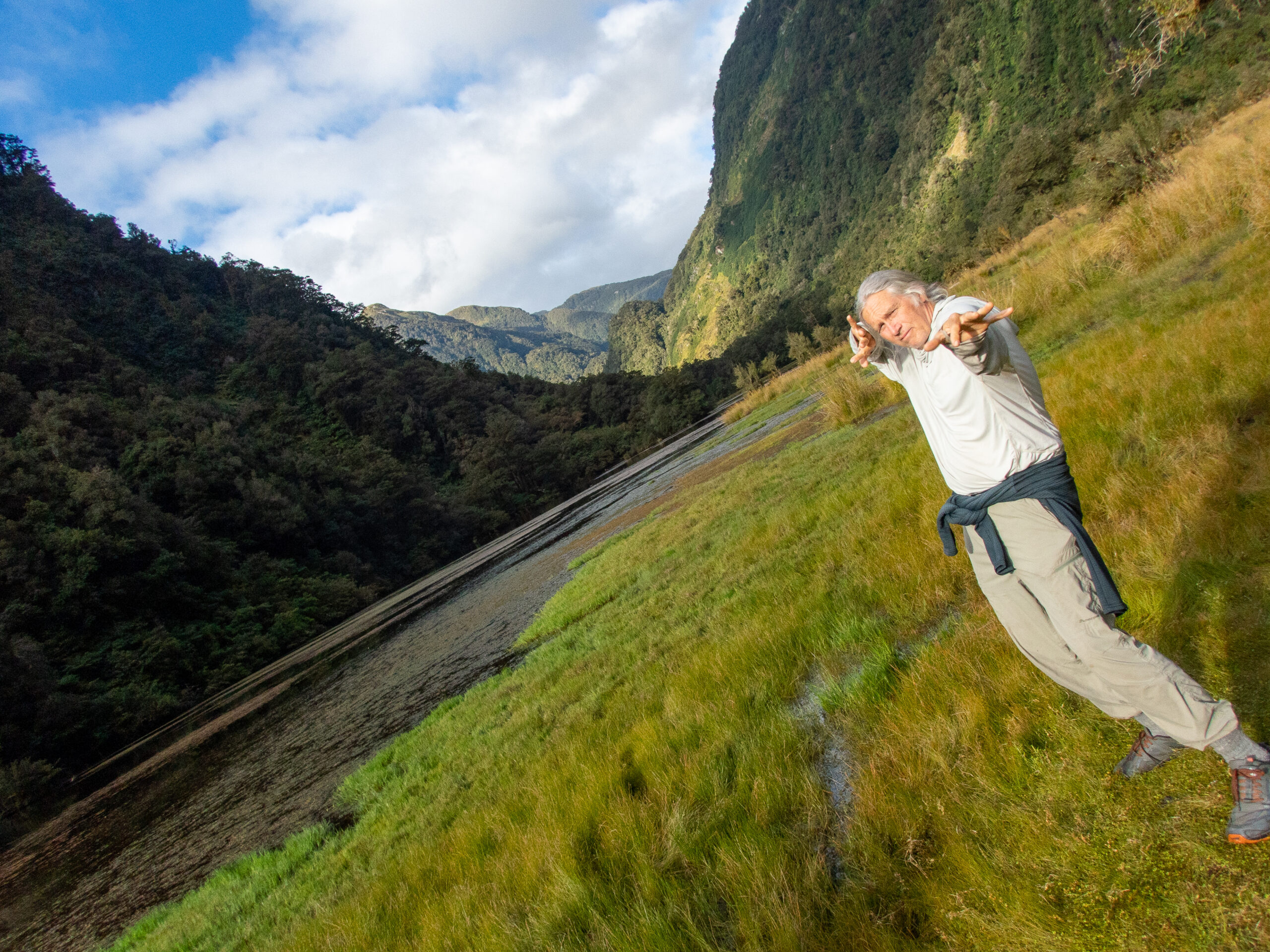
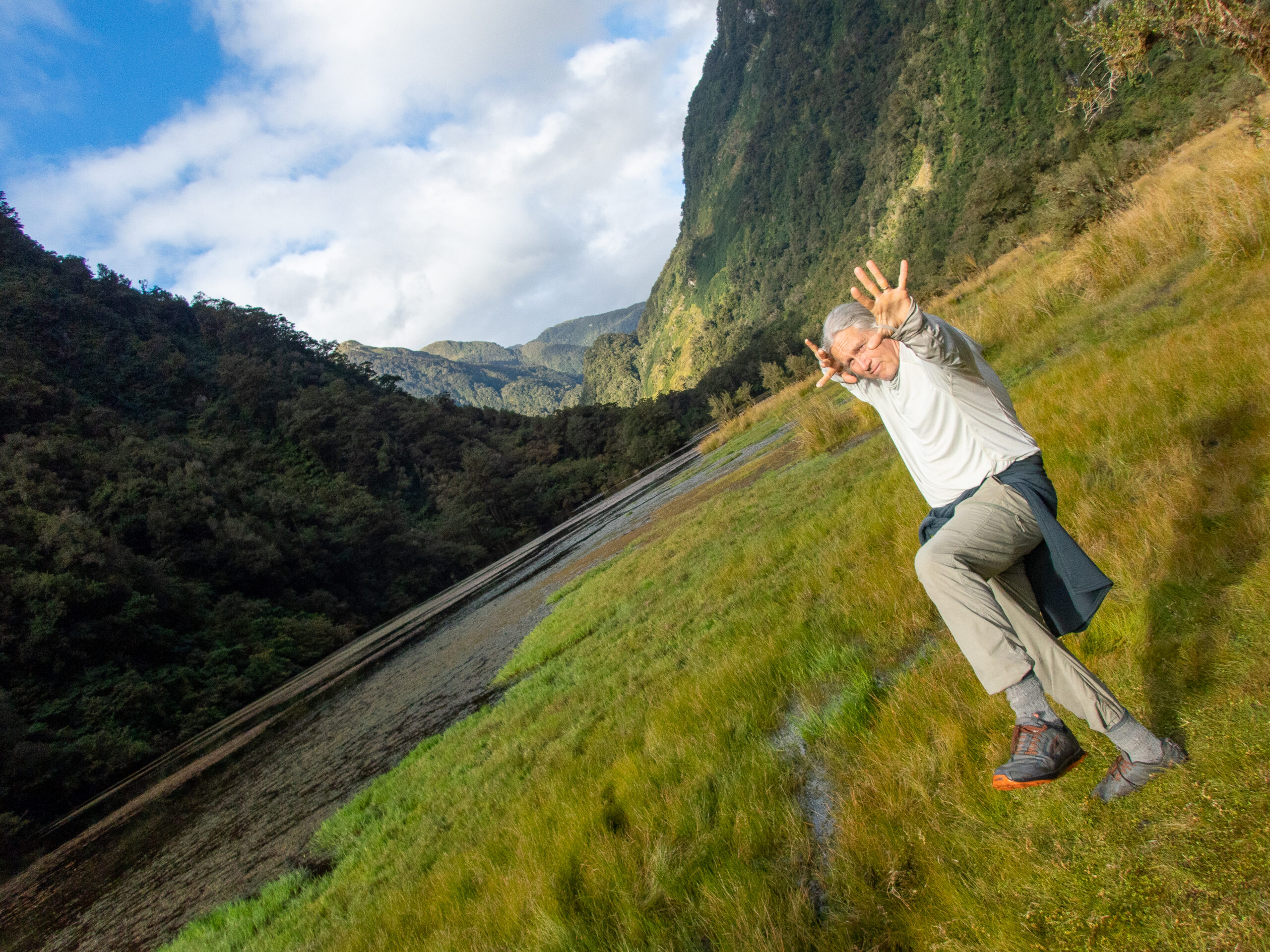
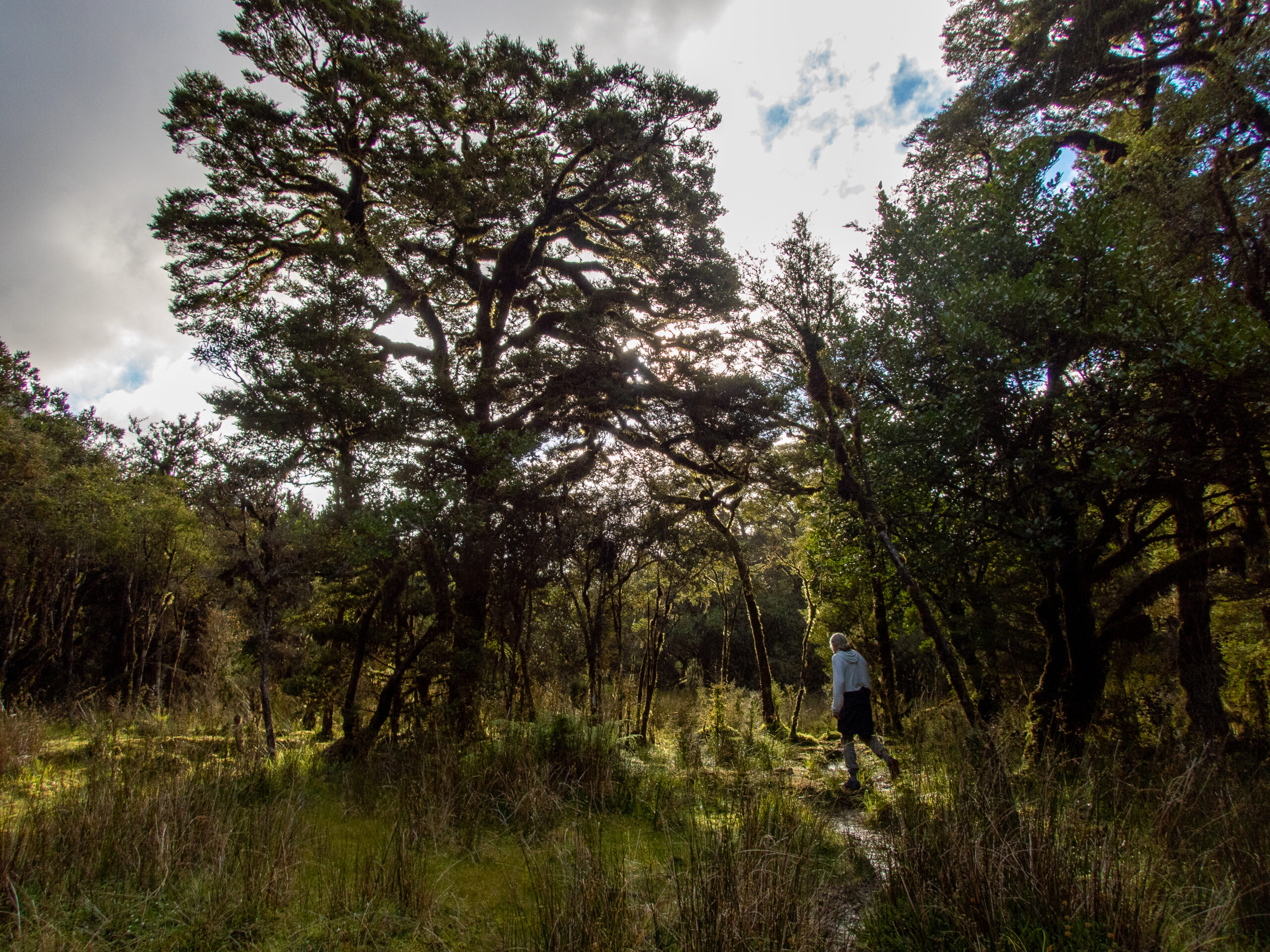

Delightful Dusky/Tamatea Sound – Fiordland
Dusky is the longest and most extensive fiord in Fiordland at nearly 24 miles in length. Named ‘Dusky’ after Captain Cook’s evening sail by in 1770, and ‘Tamatea’ after the renown Māori explorer who spent much time there. He’s also known for the coining the longest name of a place near Hawke’s Bay ‘Taumatawhakatangihangakoauauotamateaturipukakapikimaungahoronukupokaiwhenuakitanatahu,’ so I’m glad I didn’t have to work that into our logbook! ~DS
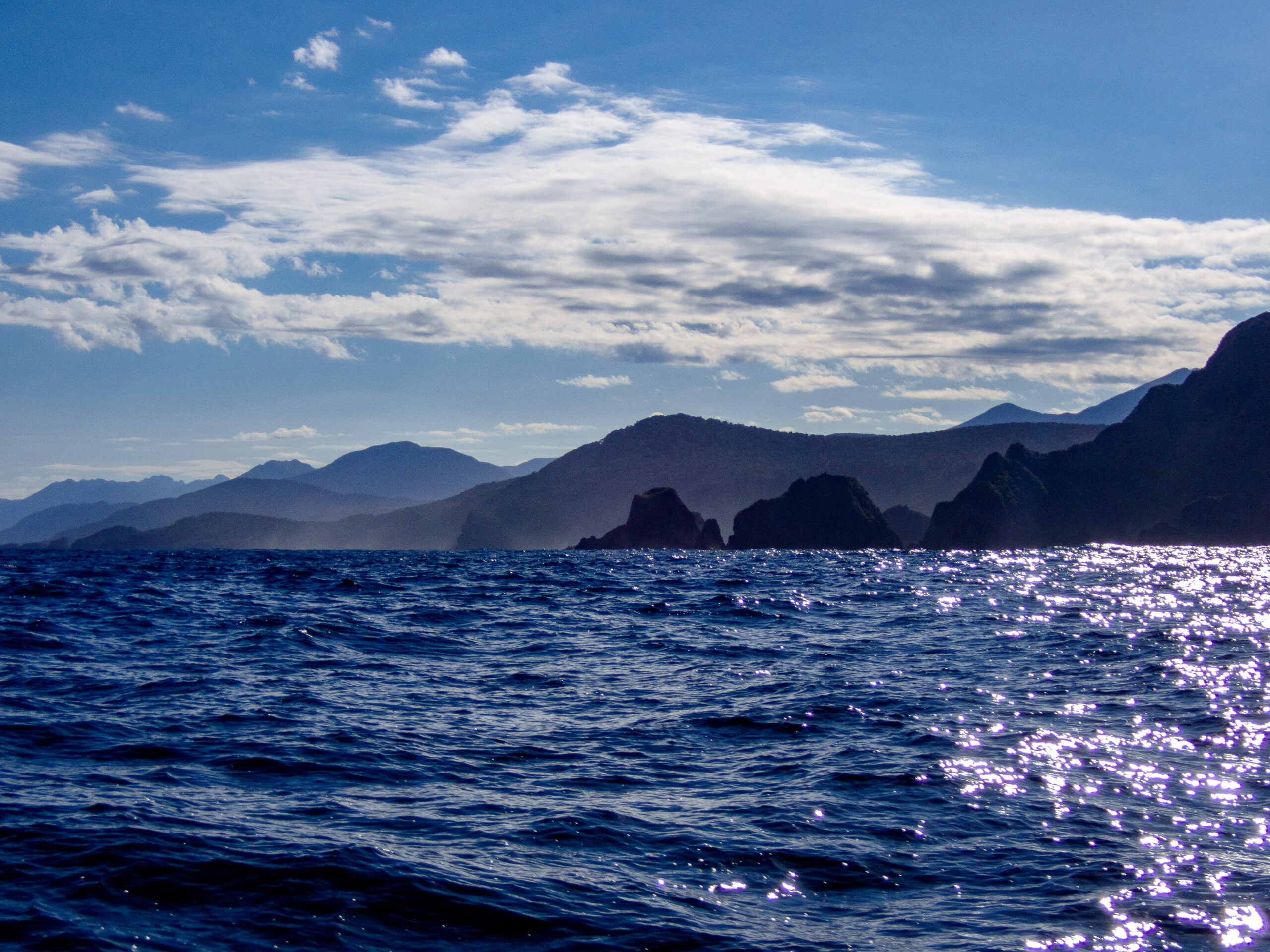
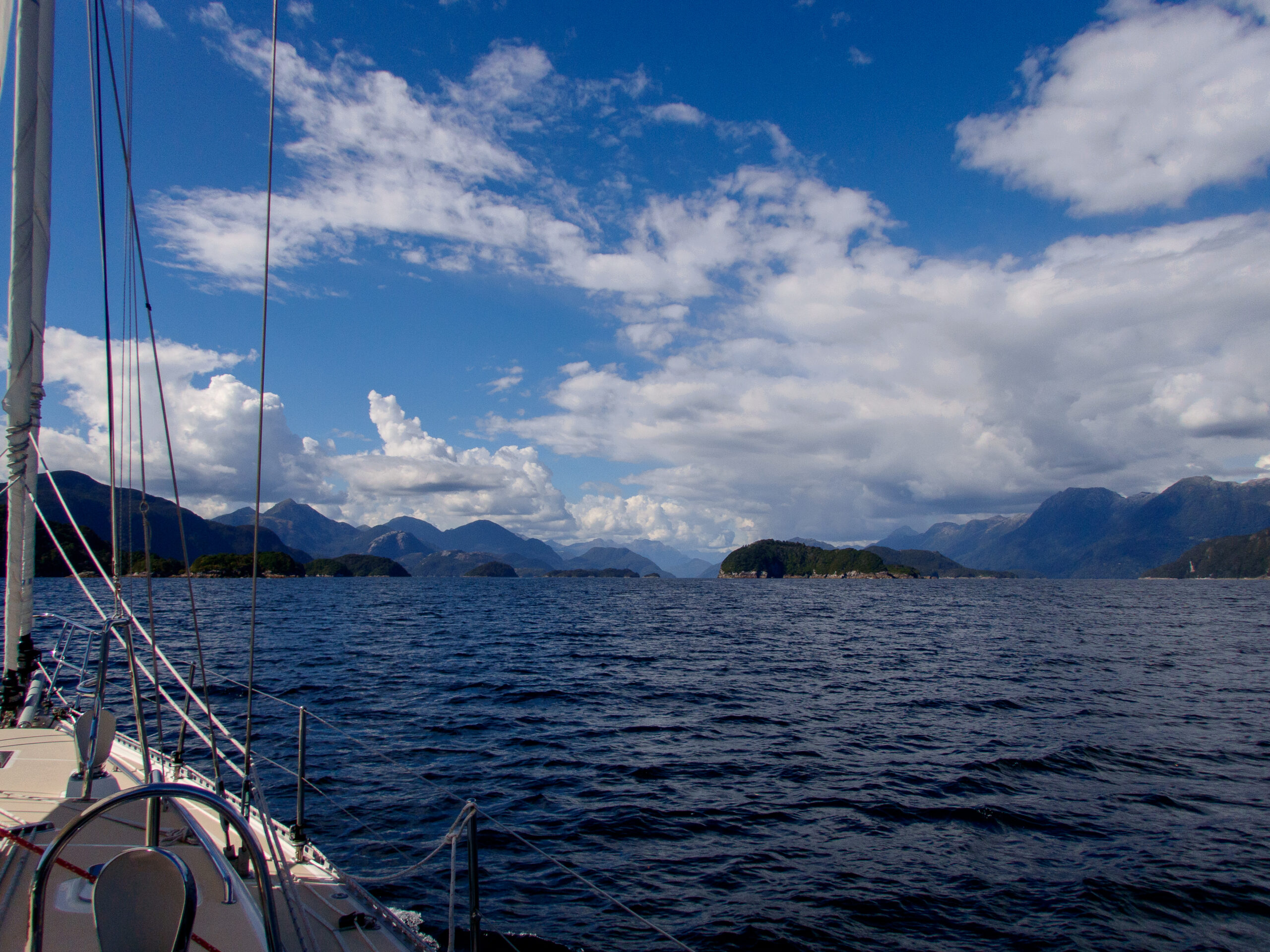
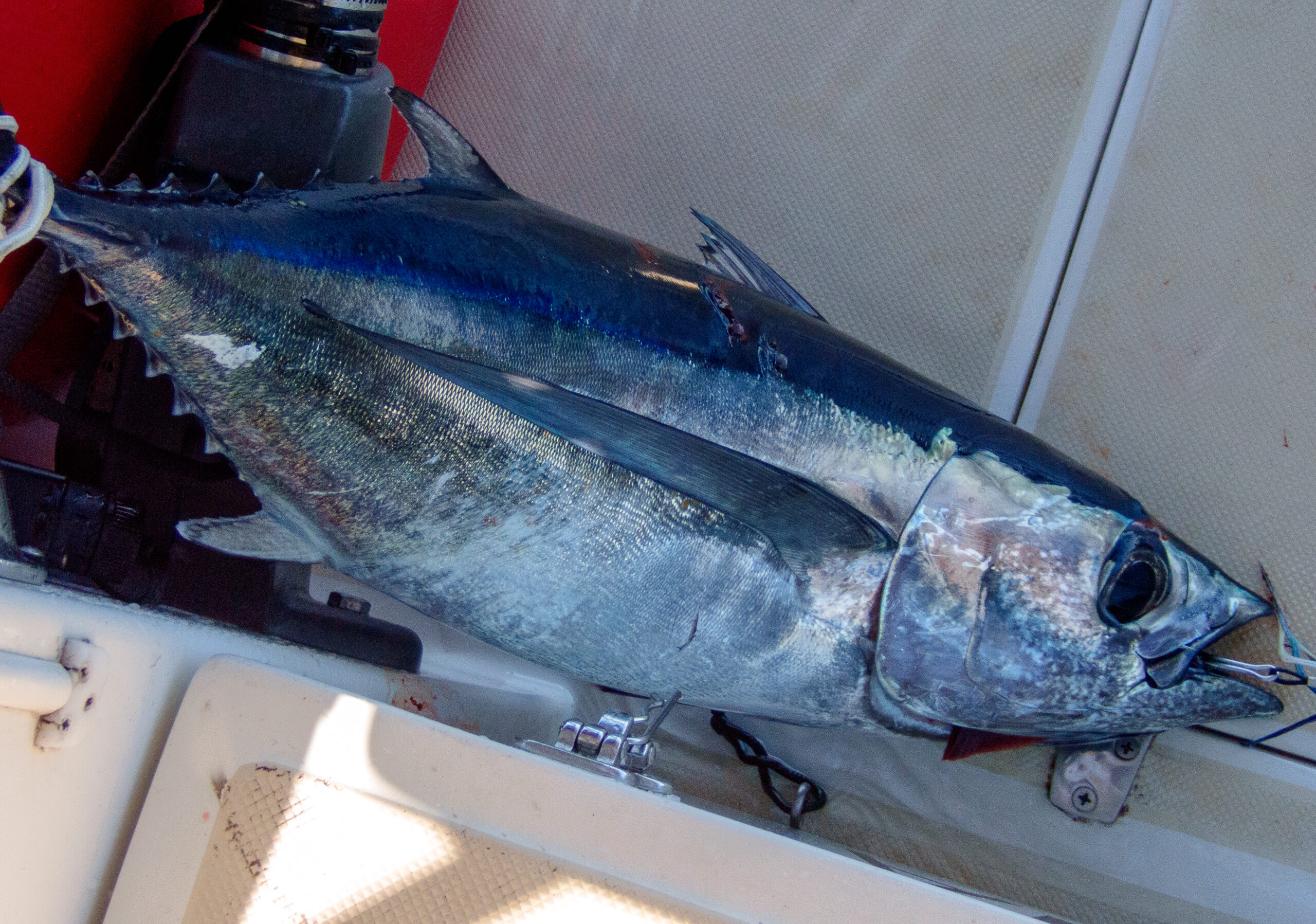
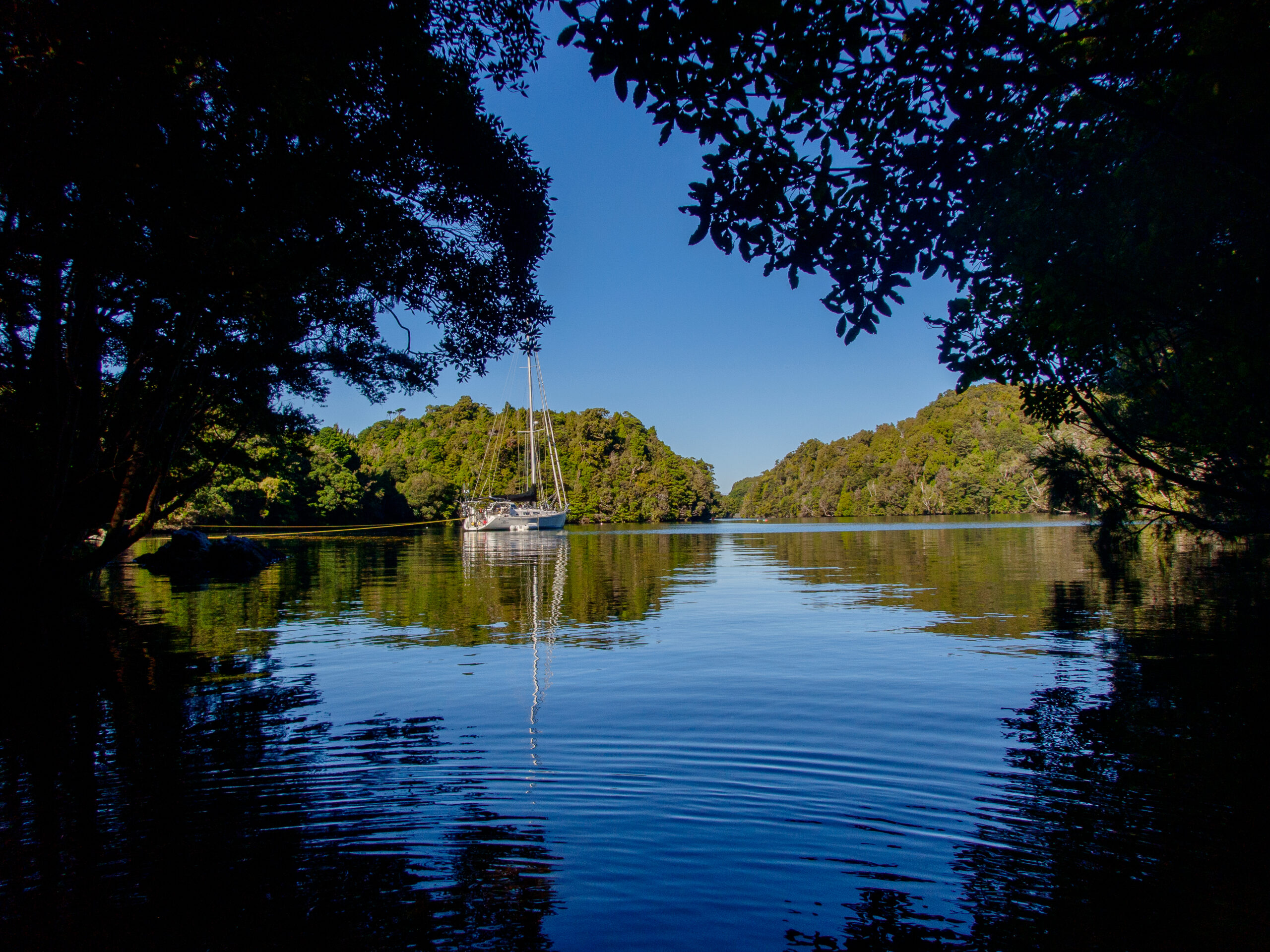
Inner Luncheon Cove on Anchor Island, Dusky Sound
We are anchored in an 18th century naturalist’s illustration. The Kākā, subtly colored parrots, russet and carmine, gray and mossy green, chatter in mobs back and forth. Fur seals and their pups bawl and rumble along the densely wooded shore, draped on rocks, sunning just out of the vivid green tide, or hidden mysteriously in the forest. Rays and Broadnose Sevengill sharks patrol the shallows. Bellbirds chime and Wood Pigeons dive and soar in mating displays, wind whirring in their wings. The water is supernaturally still after the tumult and breaking swell of Broke Adrift Passage, and the long motor up the easing blue Pacific around Cape Providence. The scale of the world is abruptly more intimate. Captain Cook dined on crayfish here in 1773. He left behind a recipe for brewing beer from the bark of Rimu trees, molasses and yeast. The island is also predator free, and refuge to the rare ground parrot, the Kākāpō, once thought to be extinct – rediscovered in Port Pegasus, Stewart Island by Rodney Russ, a sailor/explorer we met in Christchurch.
A chance to sit on the bow and meditate outside, to the constant music of birds, “Here and now boys, here and now.”
The dearth of sandflies and still air made for a pleasant barbecue, cooking up fillets of the Albacore tuna we caught on our way into Dusky.
The trails on Anchor Island are named and well marked, though oddly, do not seem to clearly indicate which of the many paths lead to the lake (just a kilometer or two away). We weren’t very far along the “wrong” trail when a mob of Kaka settled noisly into the trees over our heads. We sat still and waited and they ventured closer and closer, sailing back and forth, gnawing at the branches with their strong beaks and then landed a few feet away, turning their heads upside down for a curious closer look. A South Island Robin/Kakaruai (re-introduced in 2002) also hopped over to say hello, as they do, finally summoning the courage to peck at the bottom of my shoe. ~MS
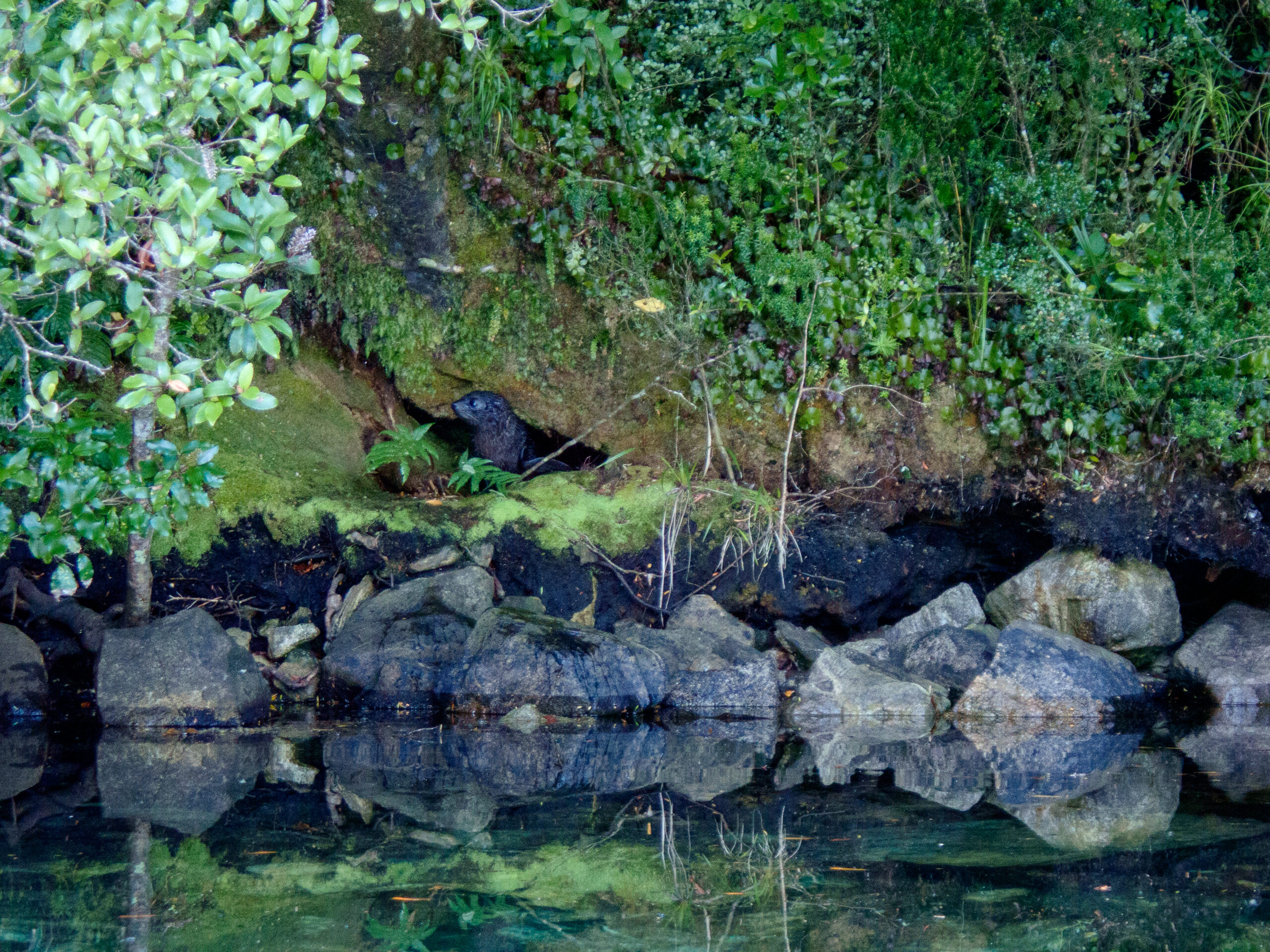
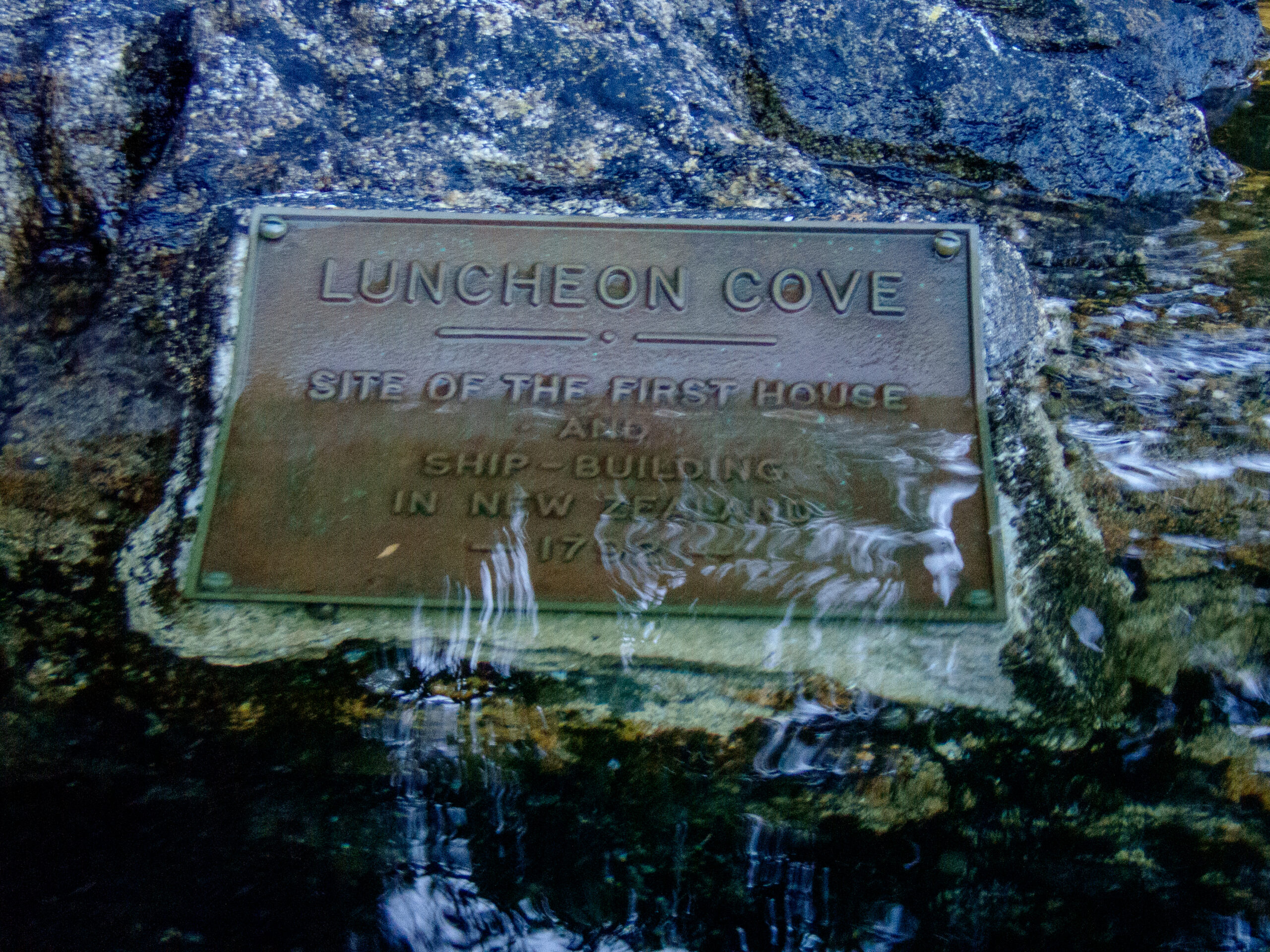
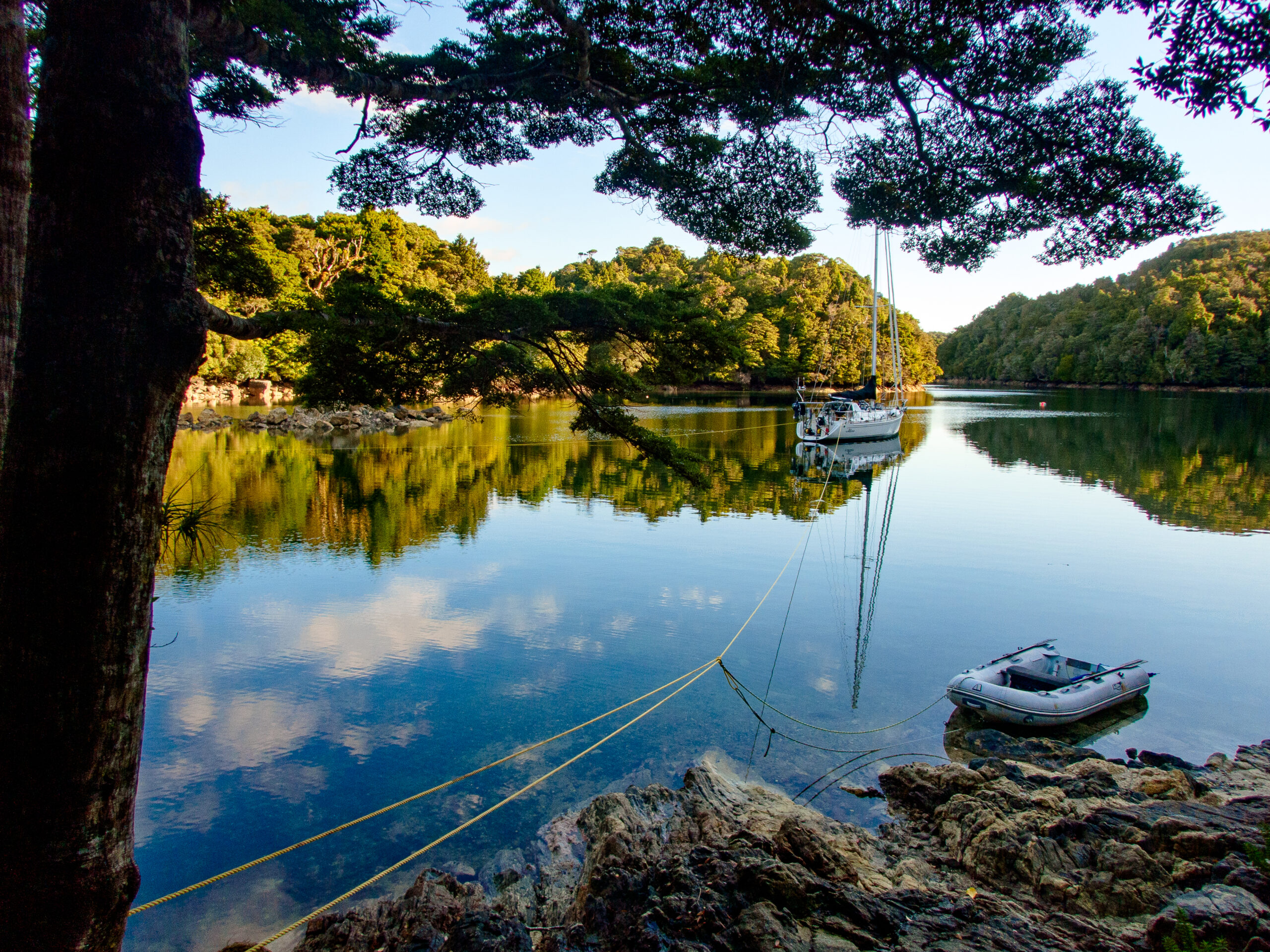
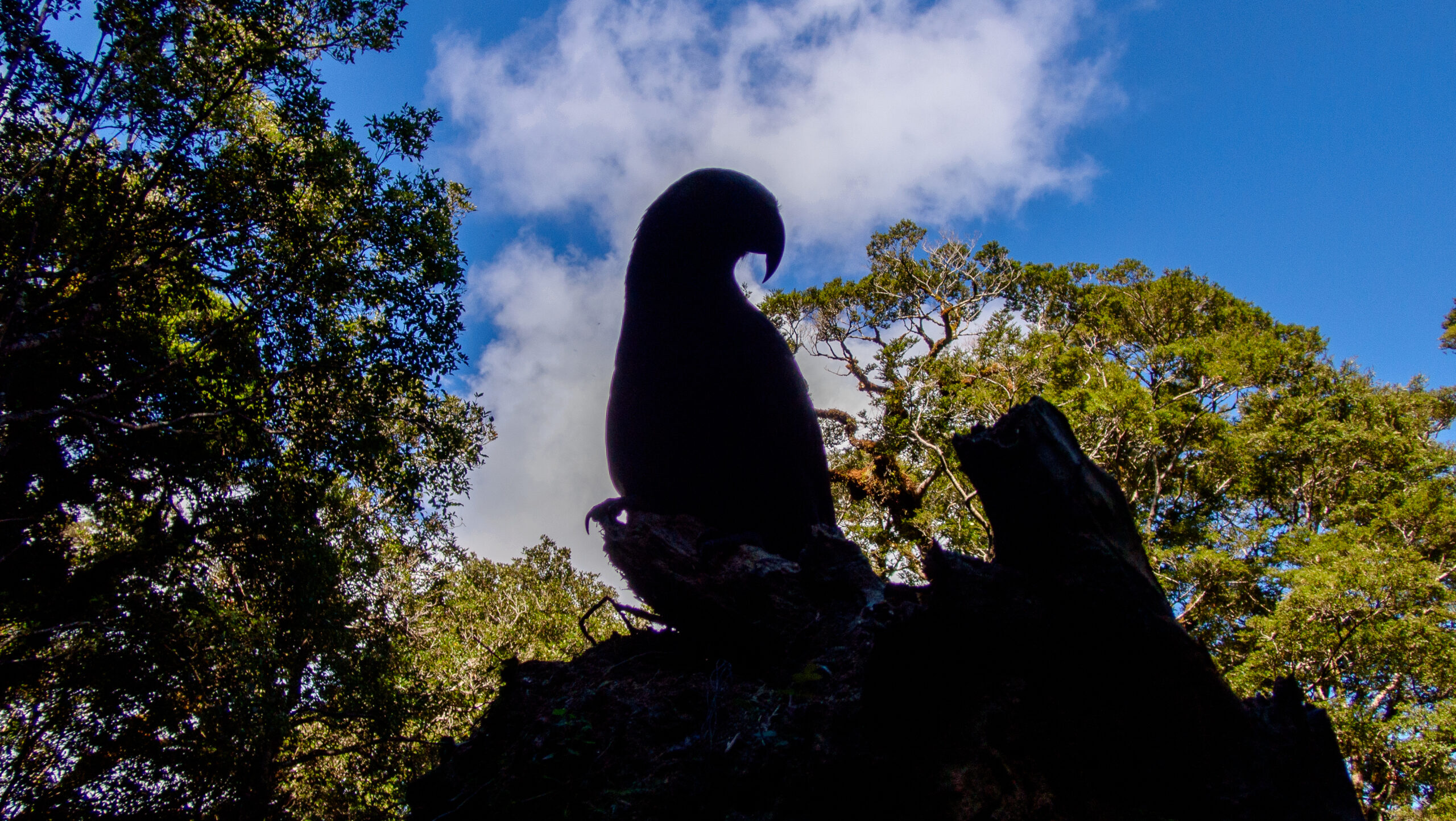

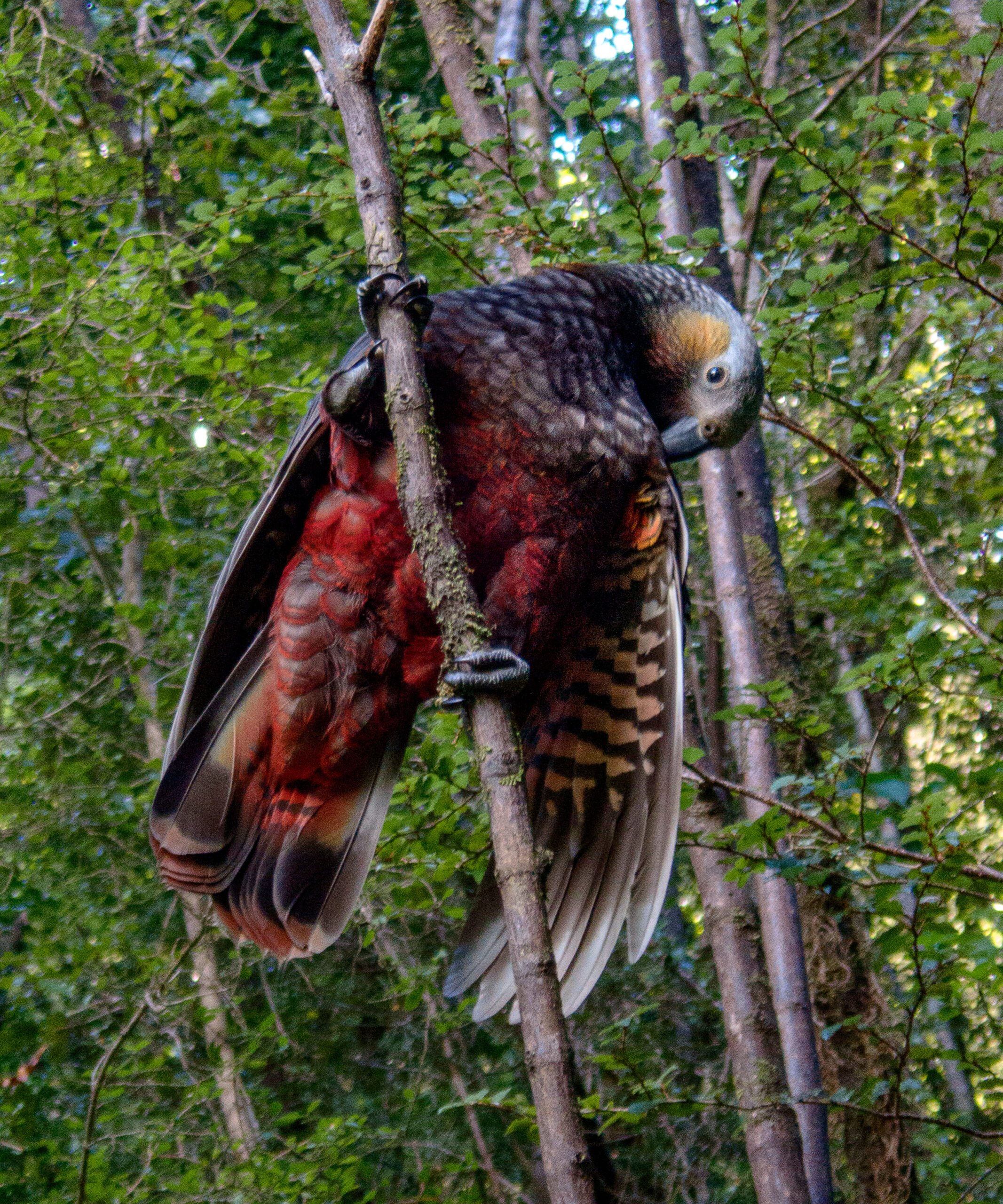
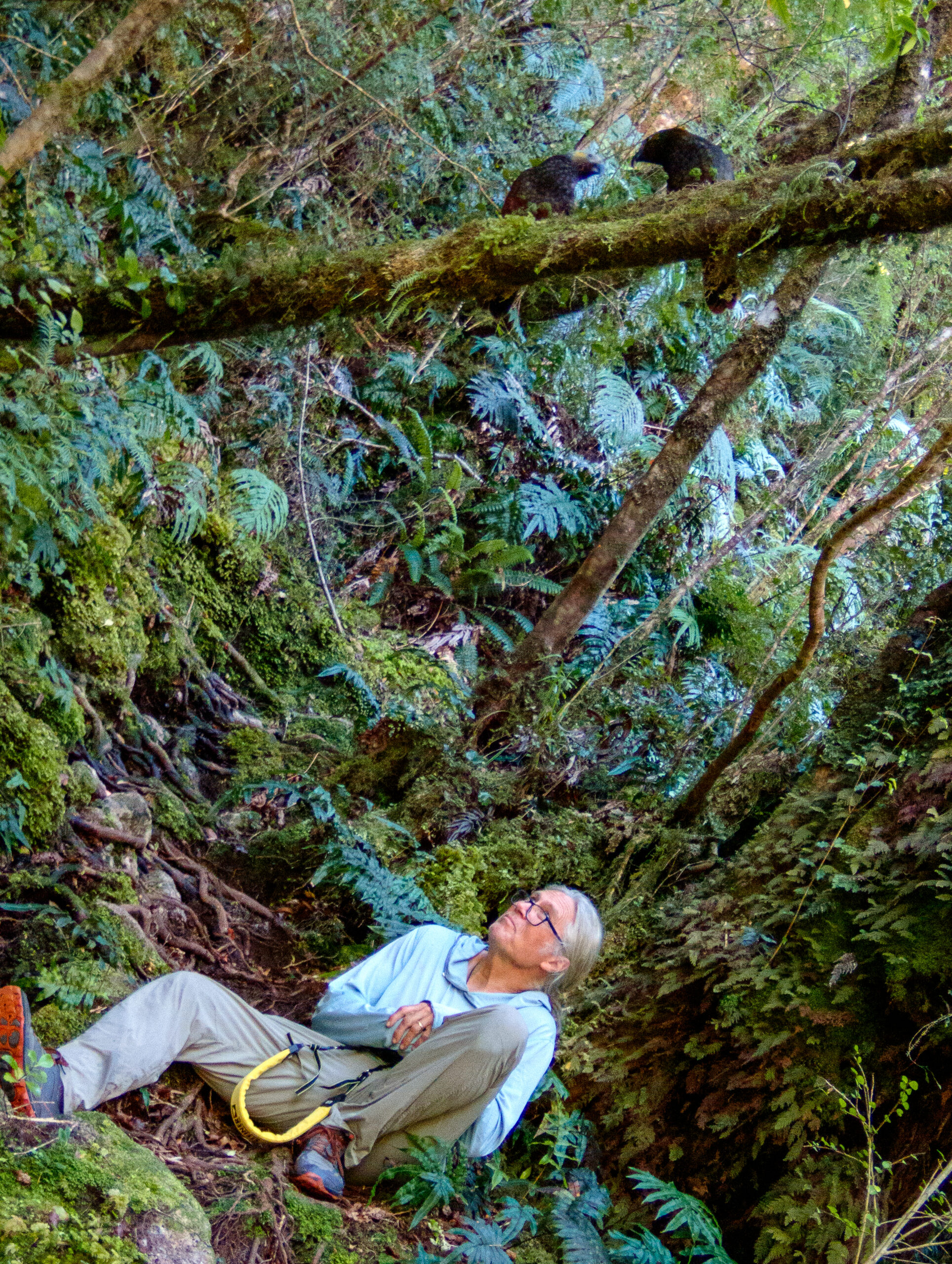
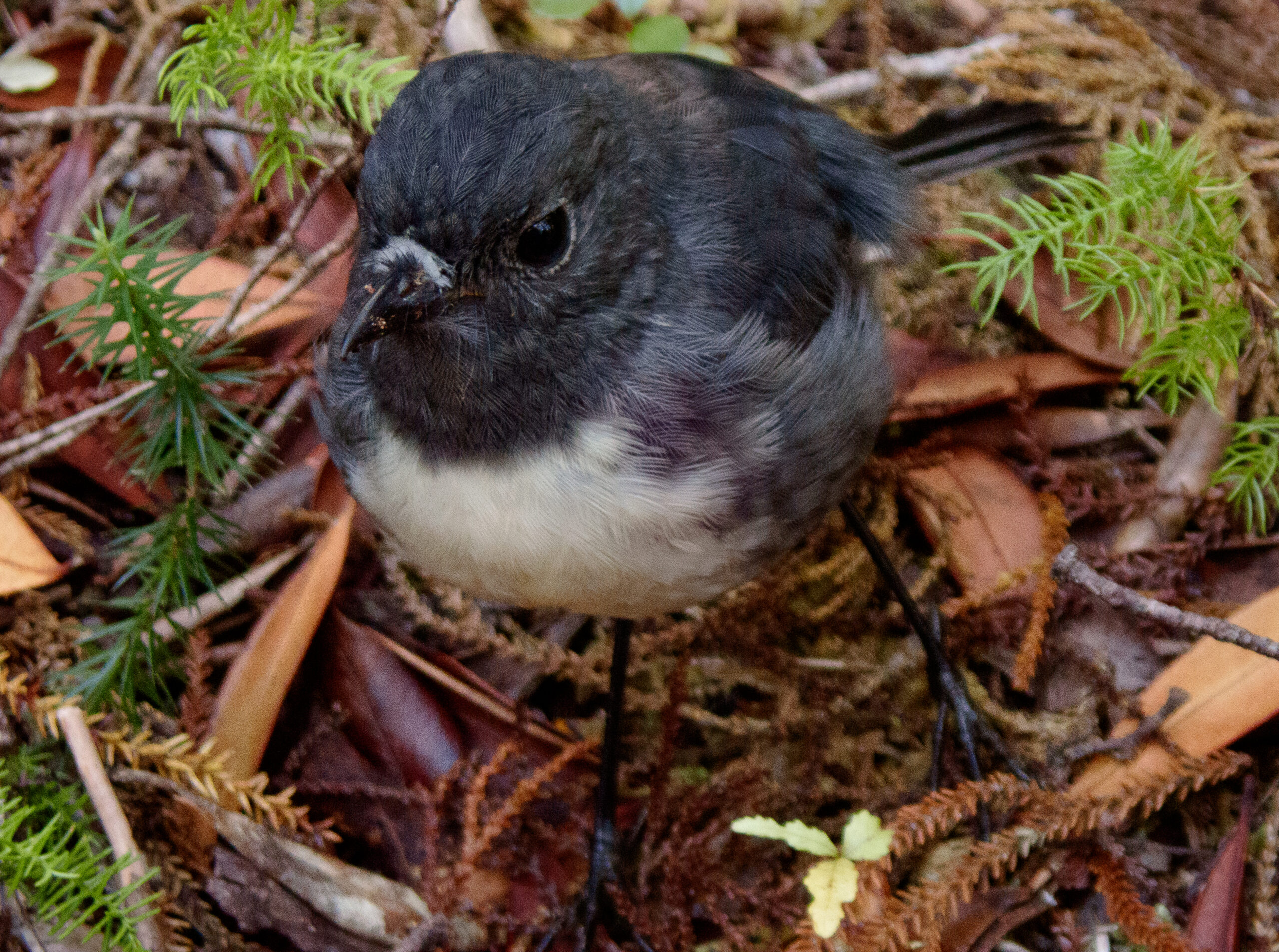


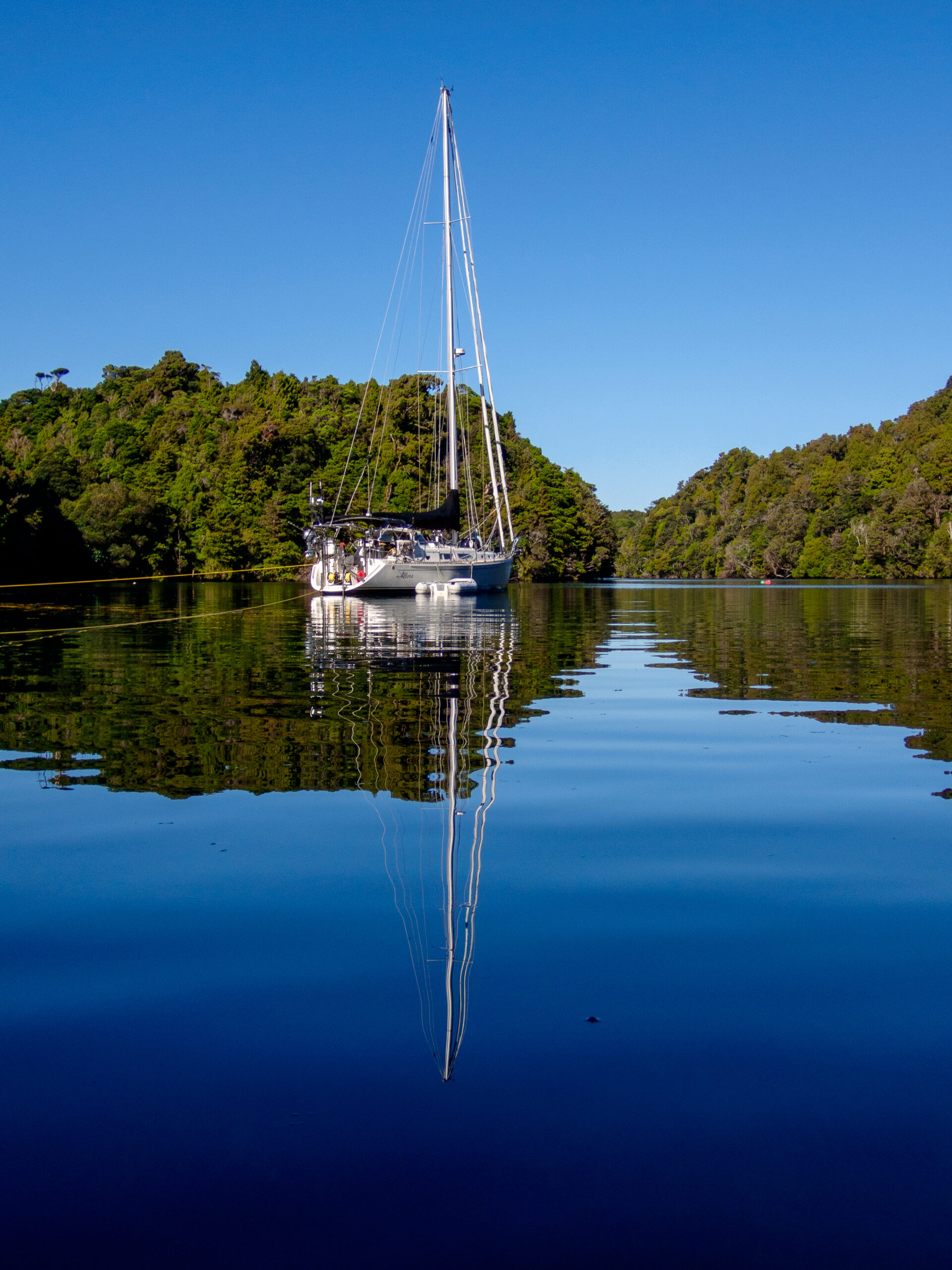

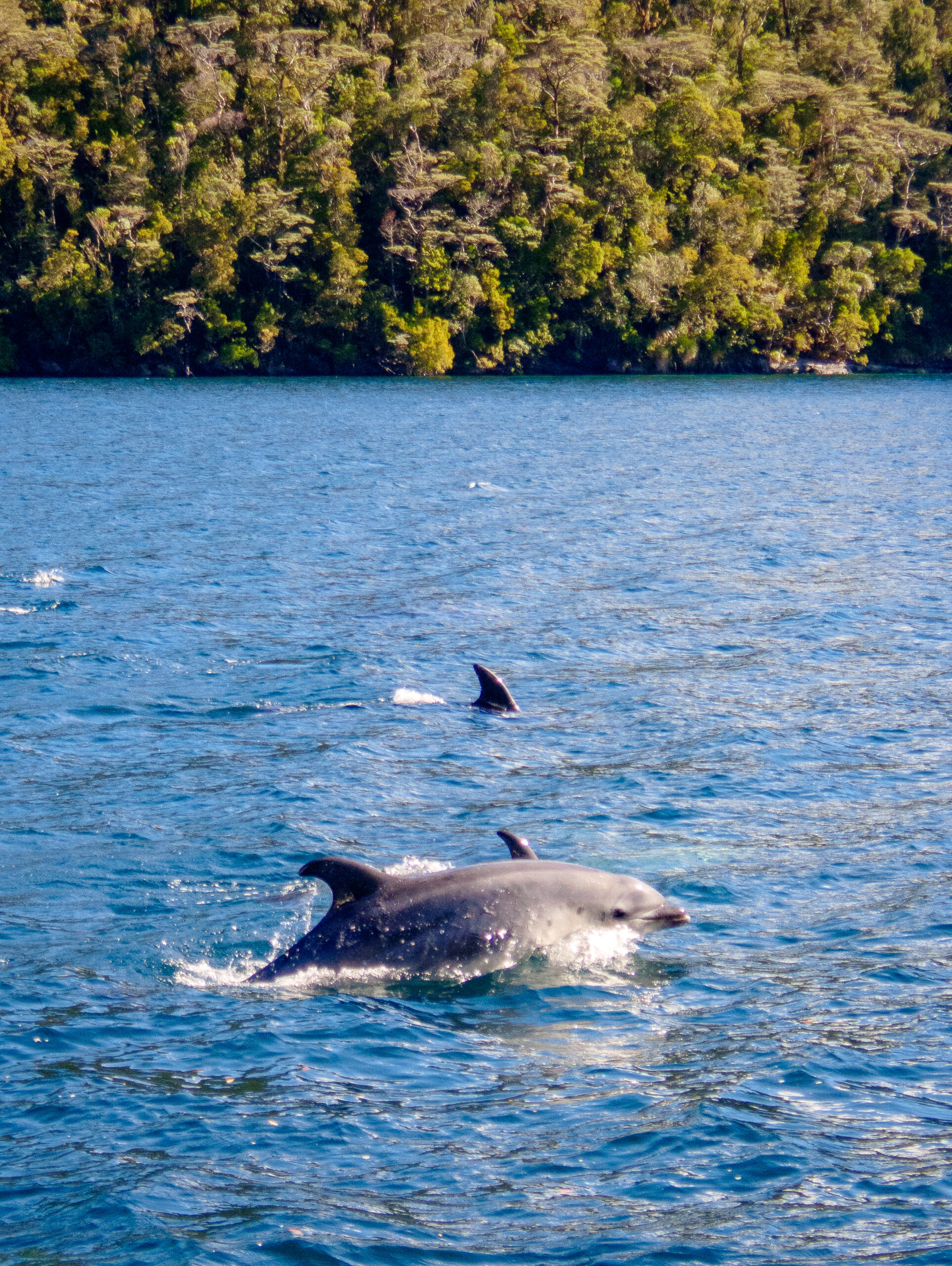
Fanny Cove, Dusky Sound
It was still when we arrived after the move from Anchor Island. Along the way we enjoyed the company of some of Dusky Sound’s residence Bottlenose dolphins, and stopped for a closer look at a waterfall, a hundred feet of depth under Allora’s keel a boat length or less from shore. We ate some bread that Diana pulled from the oven just as we entered the broad cove and thought about our plan for anchoring. The forecast was for twenty-five to thirty knots of northerly on the outside (a little less than the full Pusygar gale which prevails three hundred days out of a year), but all the models showed much less fifteen miles inland form the open sea. Still with the wind and williwas, we didn’t really know what we might get. The dramatic cove with the huge granite wall of Perpendicular Peak at the head is much bigger than in looks on the chart. The opposite of intimate Luncheon cove. We dropped in 60 feet of water and laid out all of our 100 meters of chain at a shallow angle along the shoreline, still sitting in thirty feet of water but with rocky shallows close by. Our first line would not really hold us off, and we ran a second as the wind came up and it was clear that the topography of cove seemed to twist the north wind with just a hint of west in it to solid west, coming at Allora from the port side and pushing us toward shore. The cove is big enough for a reasonable bit of fetch too, but the water on the east side is just too deep. Already worn out from setting the first two lines we debated putting out a second anchor from our midships cleat, but we worried about dealing with picking it back up if things got rough and we hand to move. We finally settled on putting out a third shore line using forty feet of chain to tie around a rock and pulled that up tight. By then the wind was pushing us with gusts of 18 knots. It went against every sailor instinct to be holding off a lee shore this way, but as long as our lines held it would take some mighty force indeed to drag 100 meters of chain and an anchor uphill. A power boat came in, and poked around on the east side and dropped anchor along the east side which we thought was too deep and we briefly wondered if we’d read the situation wrong (having no advice in our books about where to anchor in this broad open cove). But then they sent a dinghy over and we recognized the driver as he approached. Junate! from Hokey Pokey, a catamaran we knew from Papeete and the Gambier! We shared a brief excited catch-up about the last three years before he headed back. They’d also decided that it was too deep to anchor on the more protected east side and were zooming off (as only a power boat may) to find a mooring in another cove, much too far away for us to make before dark. And we were left alone with the wind, checking our shorelines and worrying how much more the night would bring. Just before dark the wind gusted to the mid twenties and Allora settled back about fifteen feet closer to shore than she had been. Our starboard shoreline went momentarily slack and the depth rose to twenty five feet. It began to rain. We donned foulies and went on deck ready to take more drastic action if it turned out that our anchor was actually not holding. We tightened up the breast line chained to the rock to pull us out into deeper water, and checked the GPS. We finally decided that the low tide had allowed some slack in our chain which the gusts shook out and we were holding fine. We made sure the dishes were away and everything was ship shape for the night, just in case, and then the wind quit completely, the rain settled in gently. In the middle of the night we woke up to an amazing stillness, just the finest pitter patter of rain. Light from a still nearly full moon softly lit the stunning granite faces that guard the entrance to the cove and the fine rain softened their reflection in the still water. It felt like a big reassuring landscape hug for a wonderful, still, uneventful night of sleep. ~MS
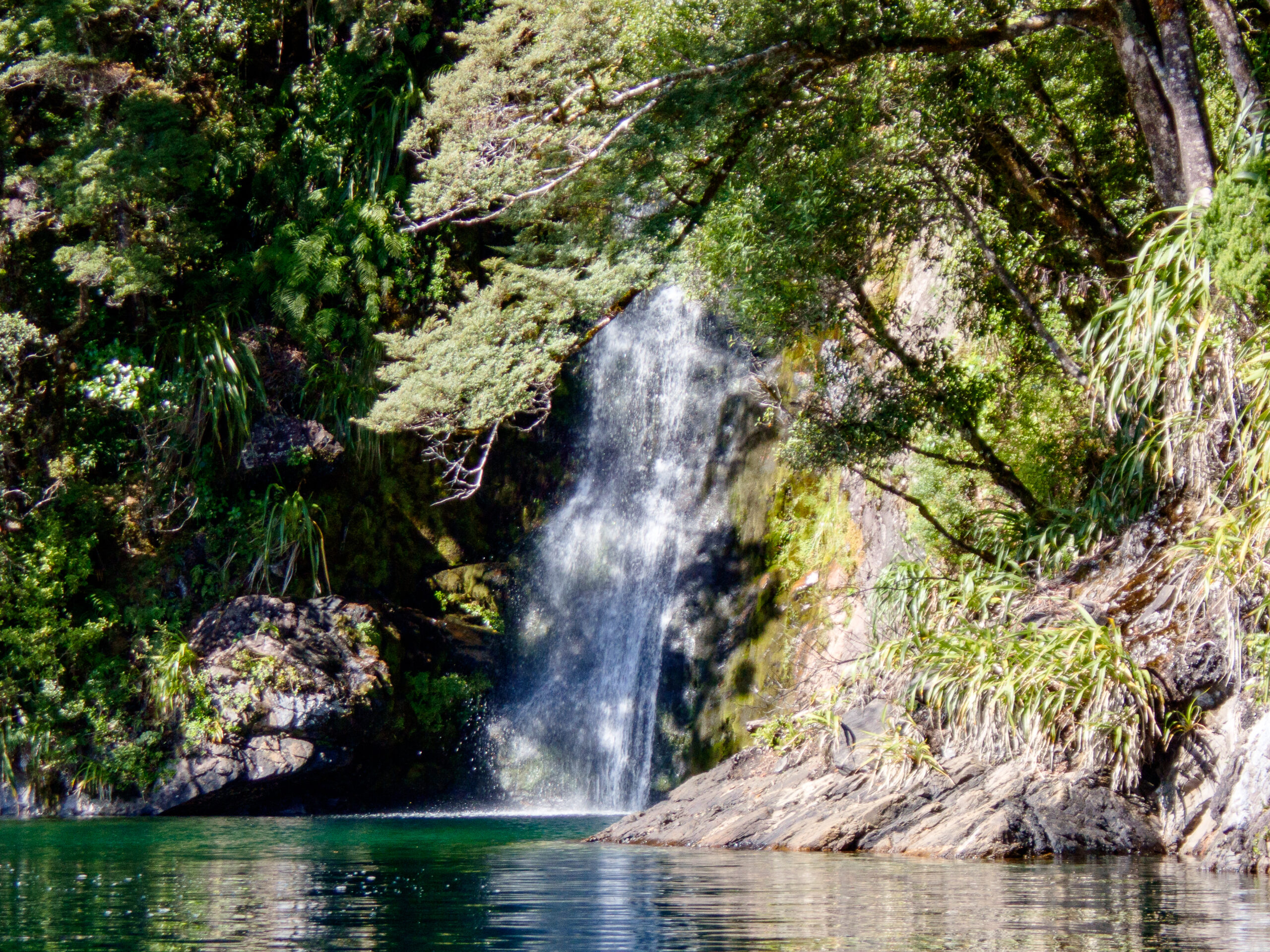


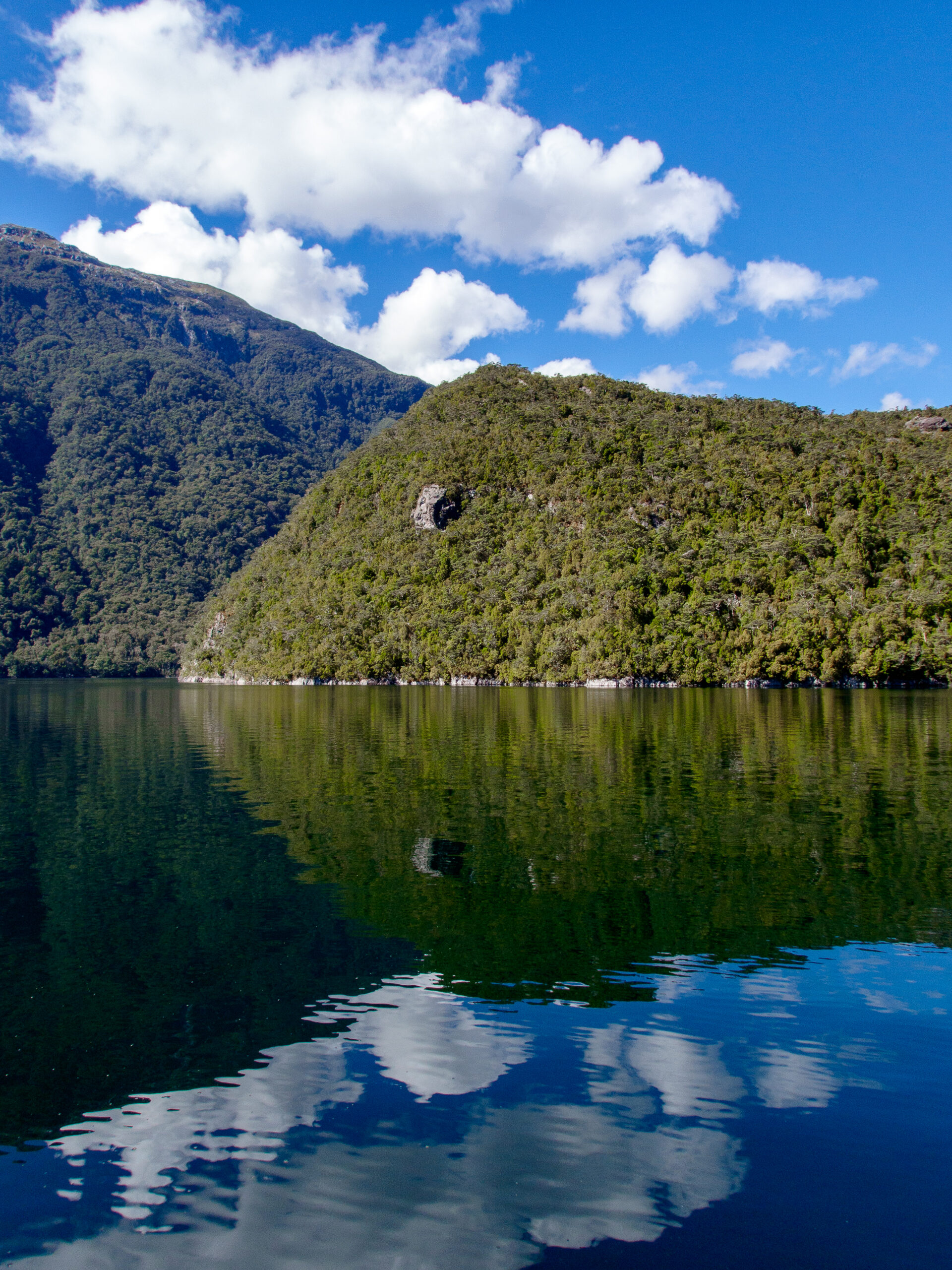
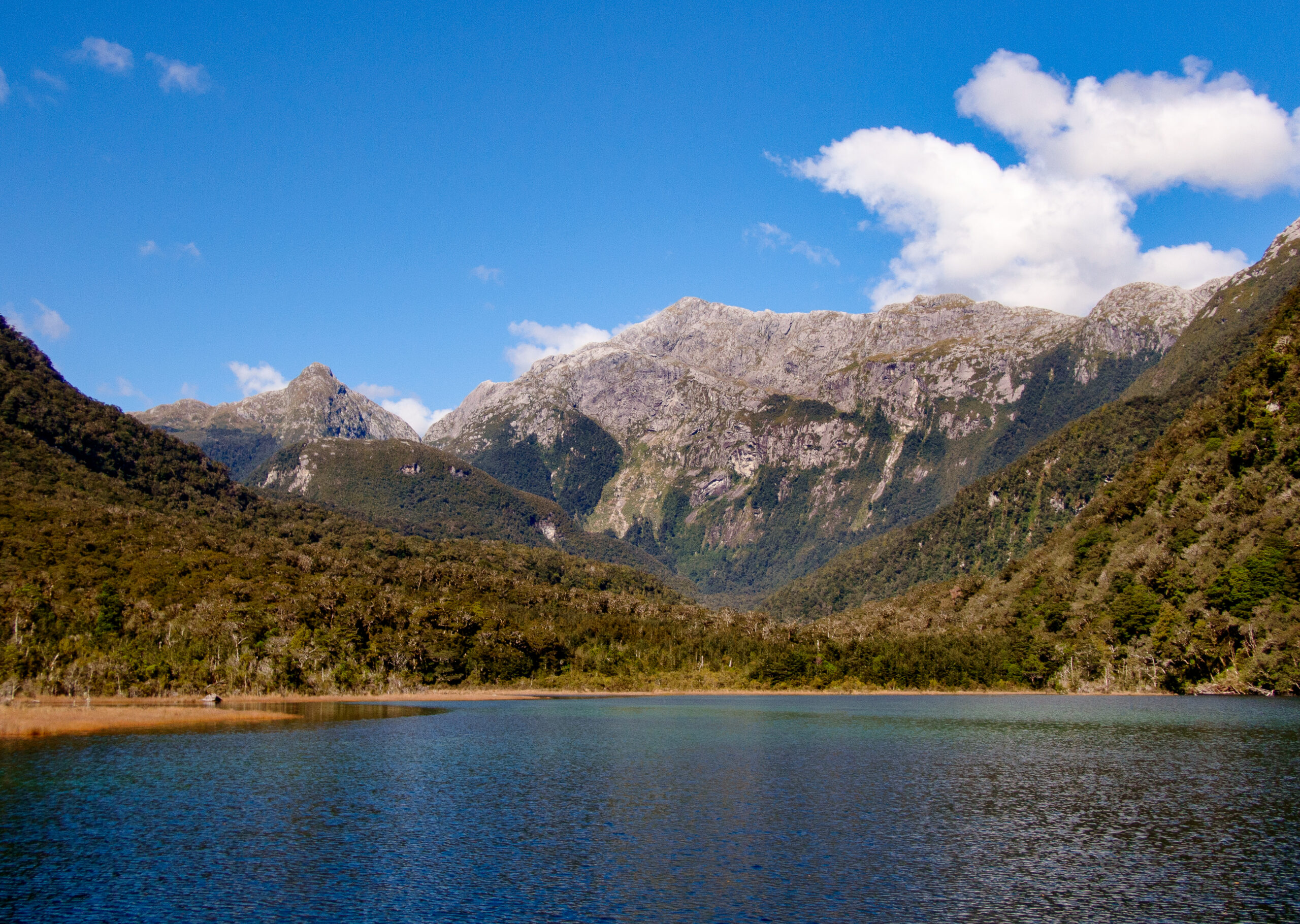


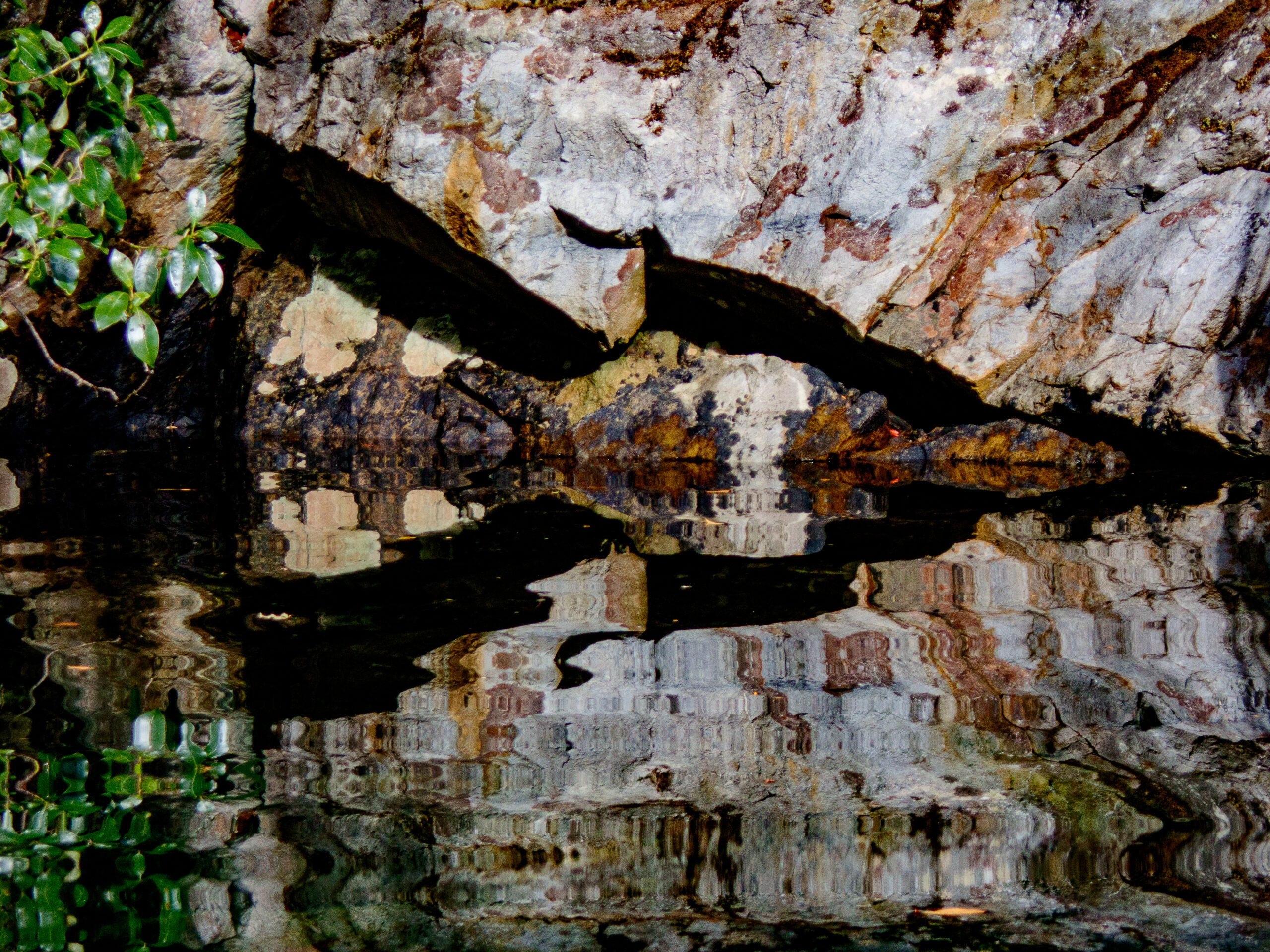
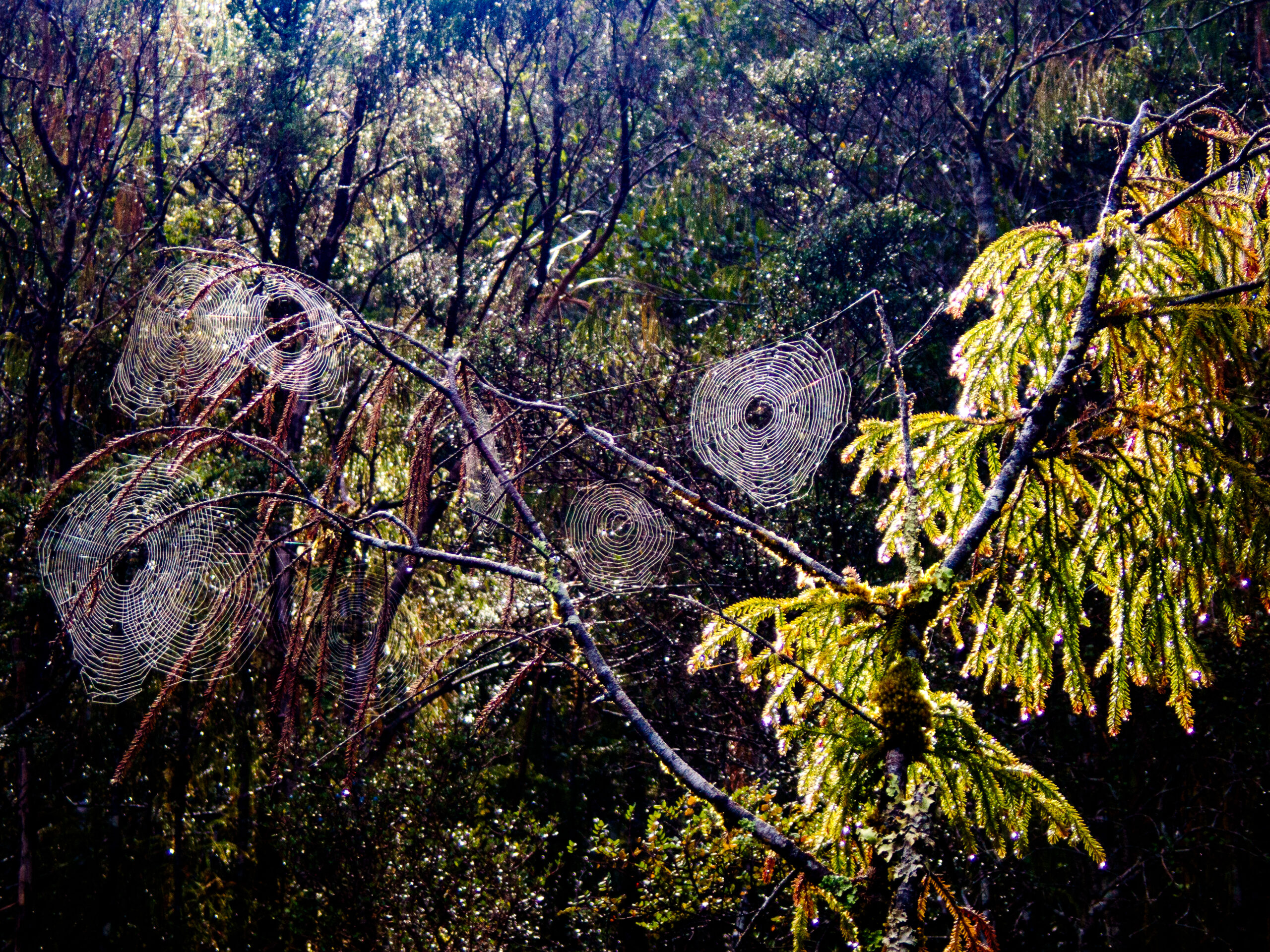
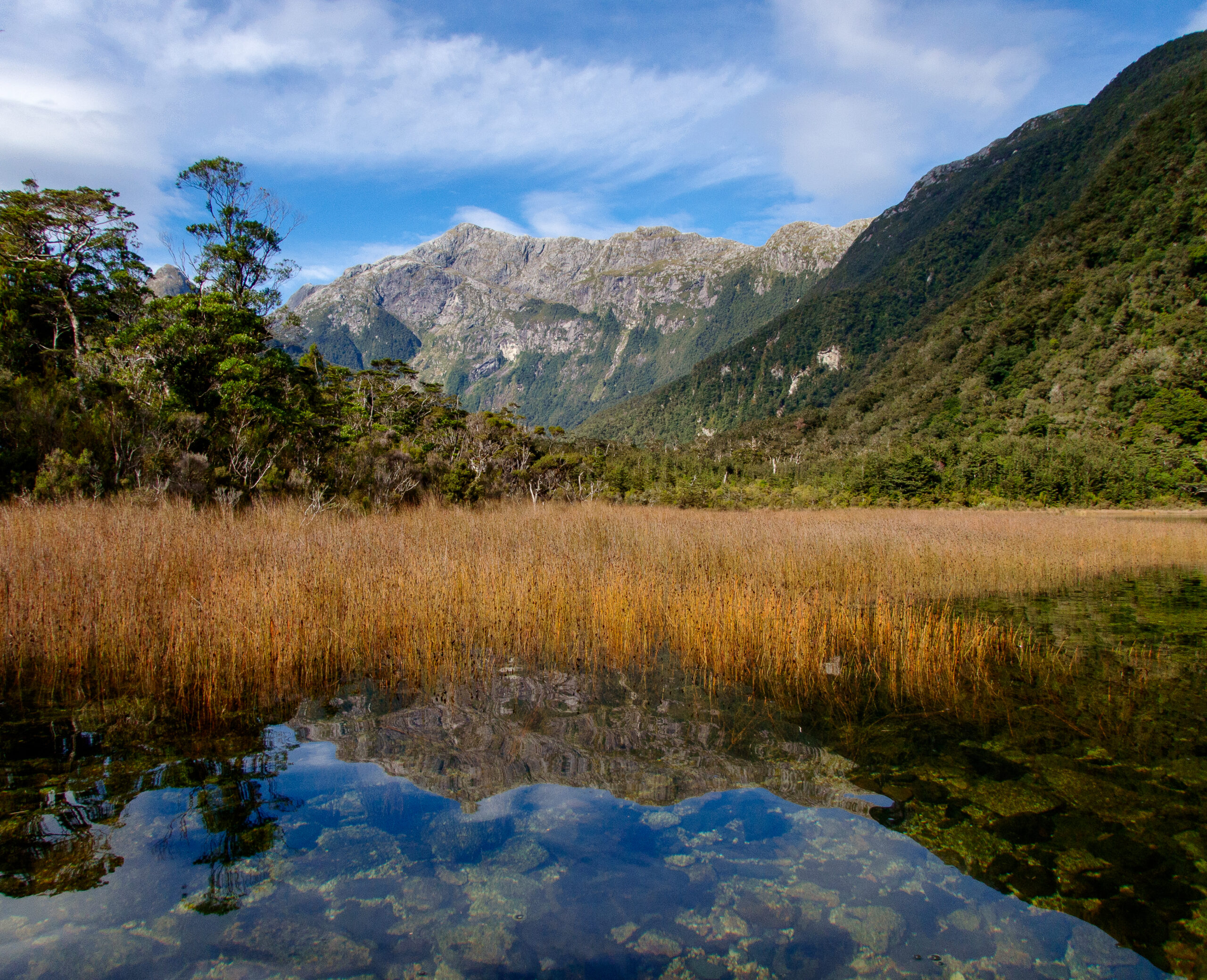


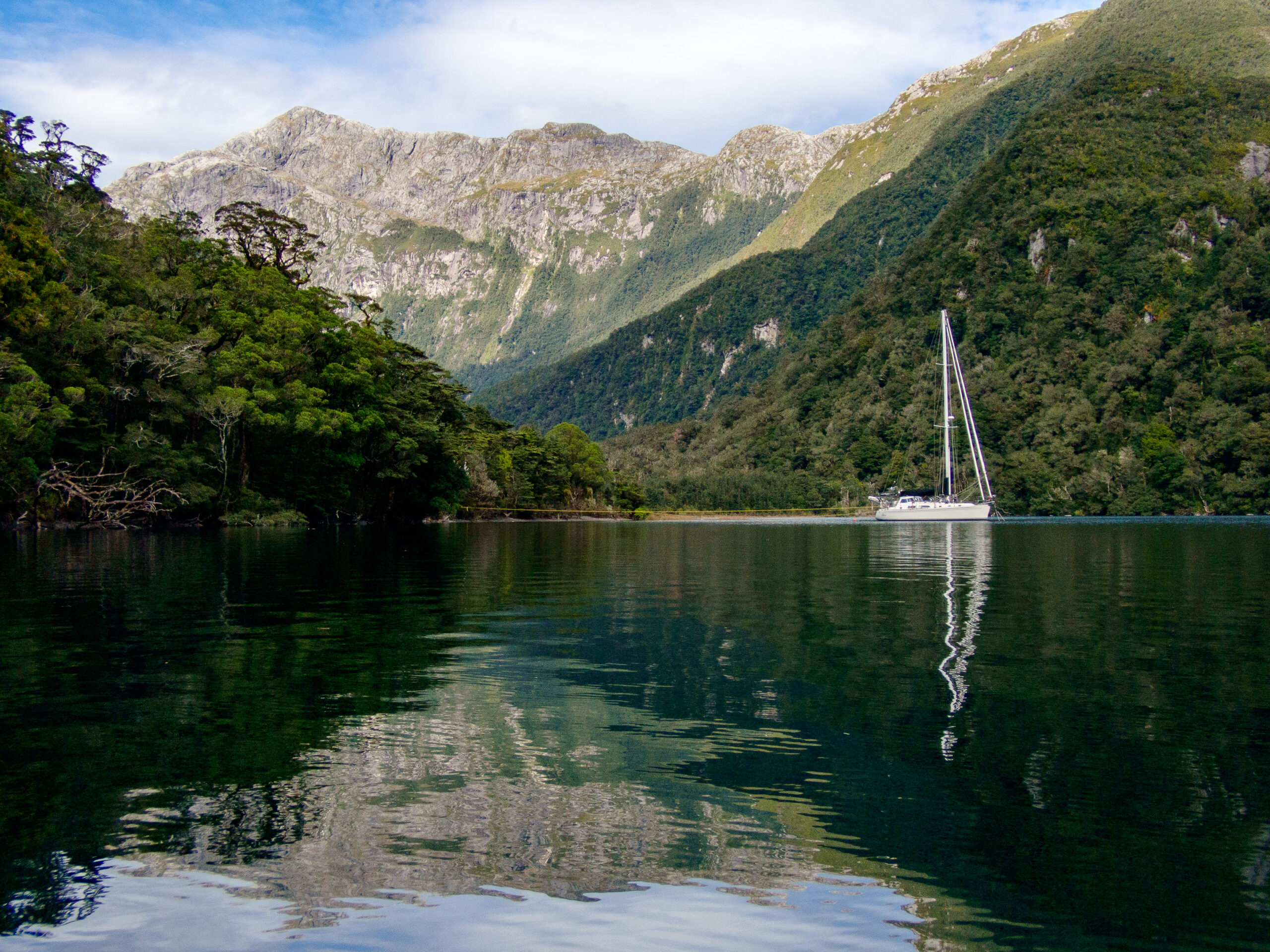

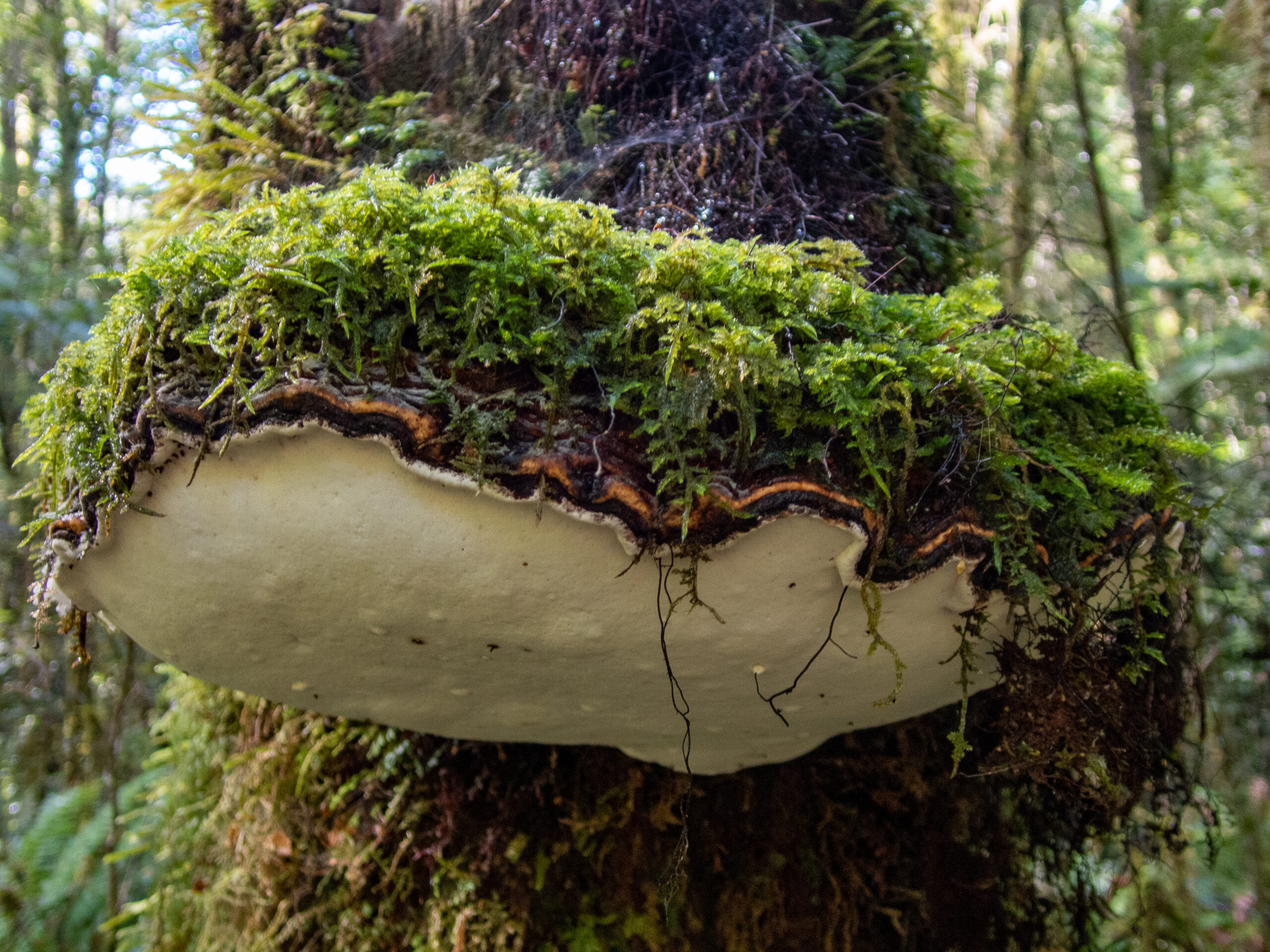
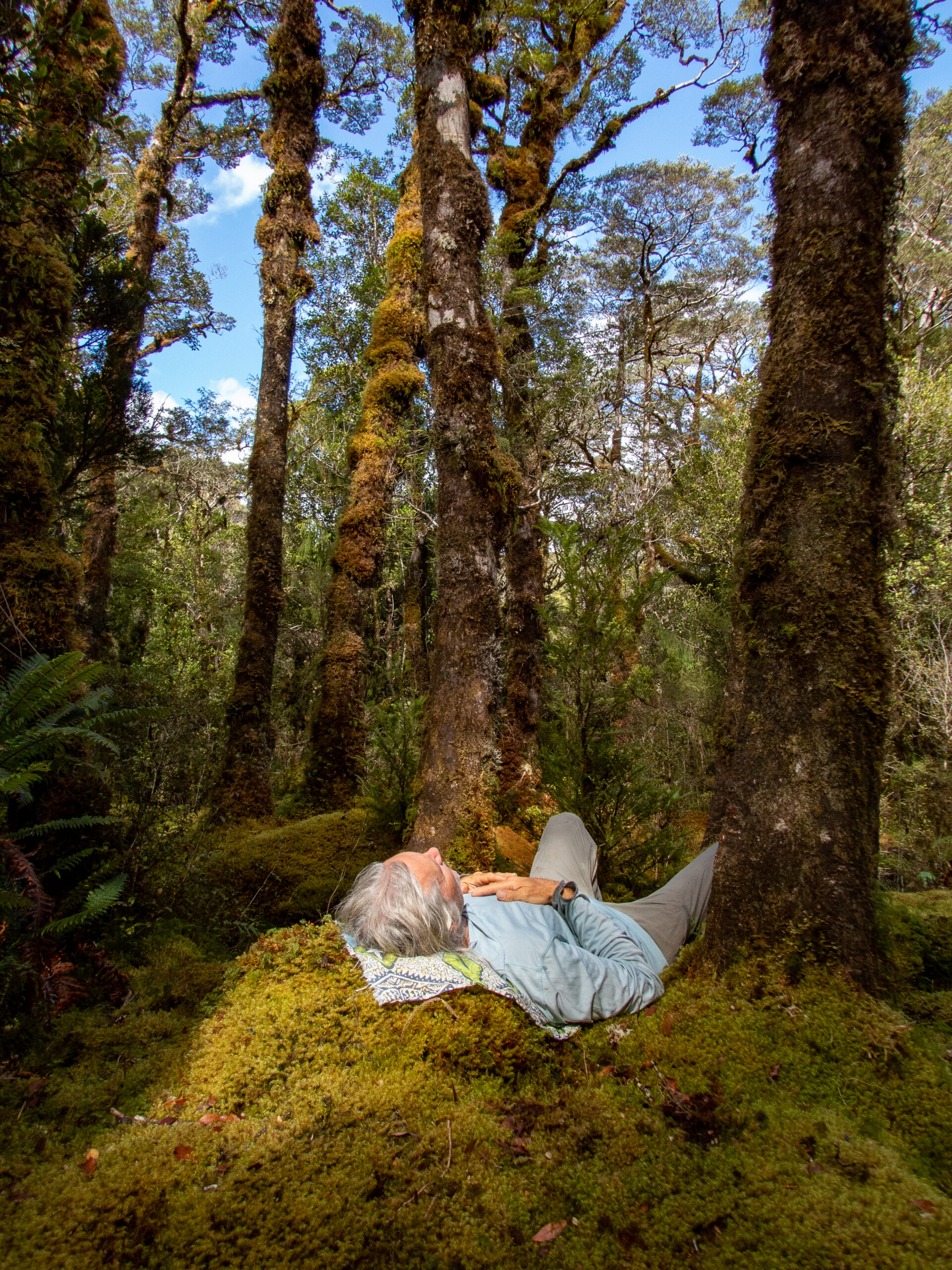
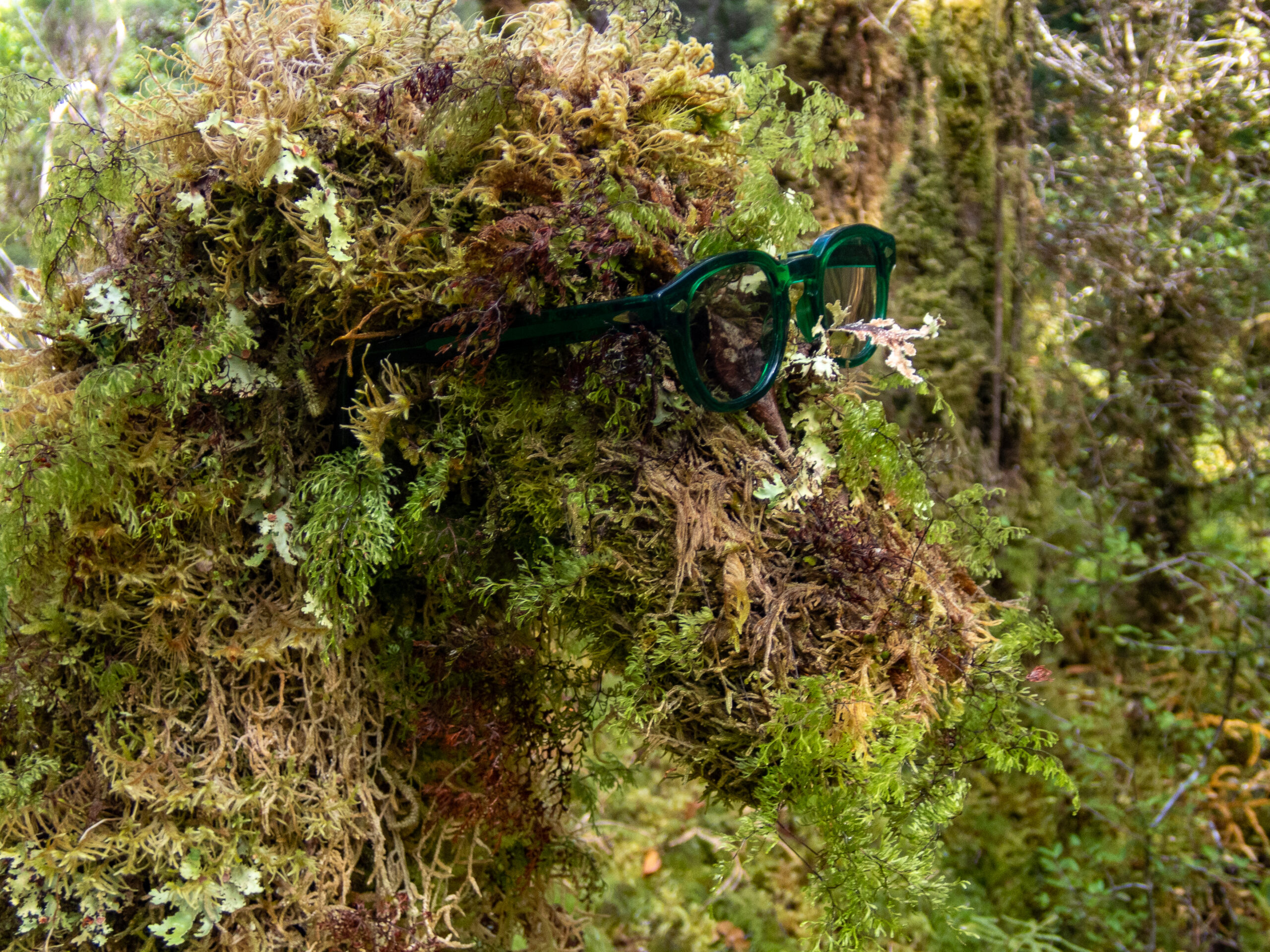


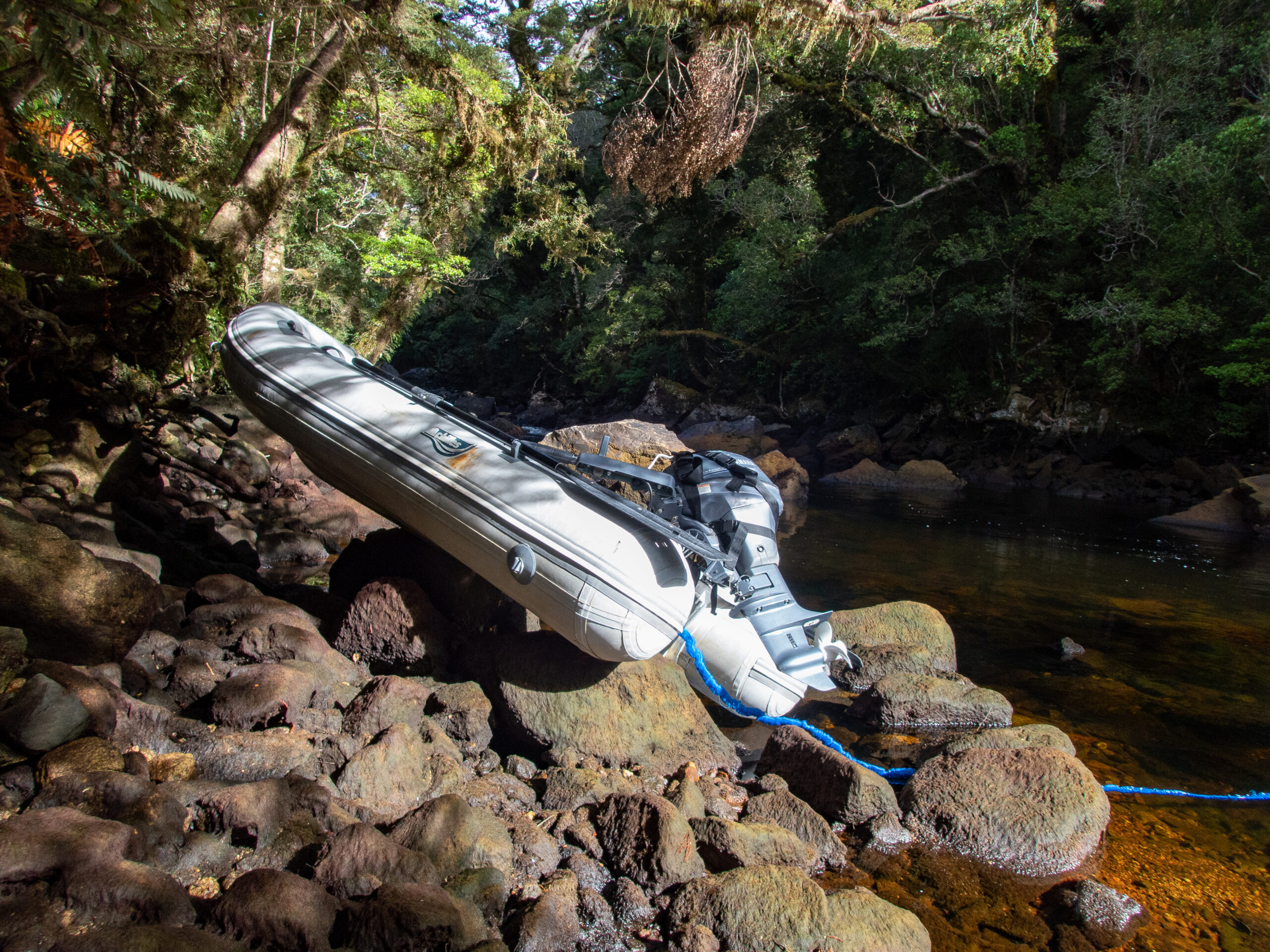

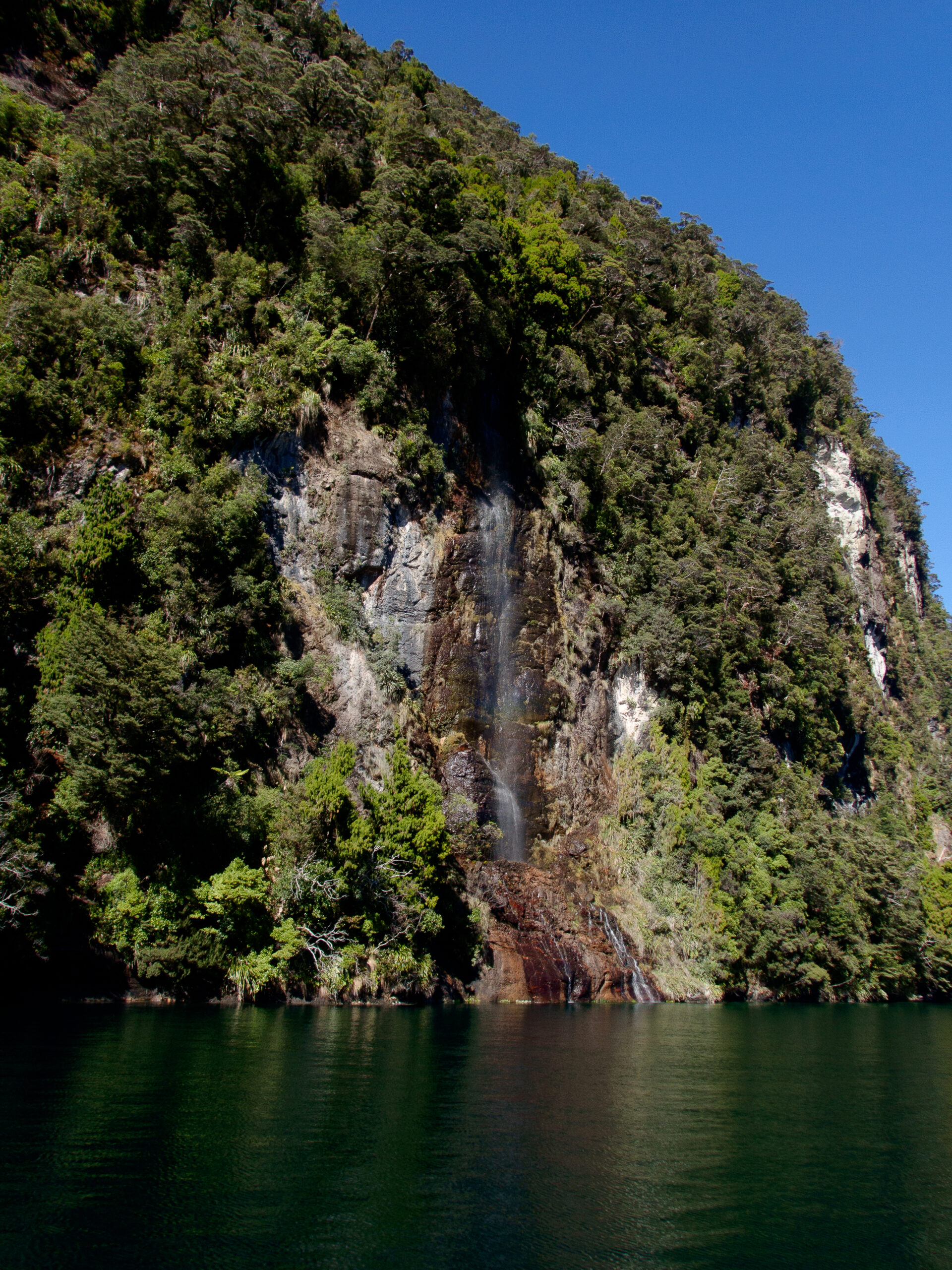
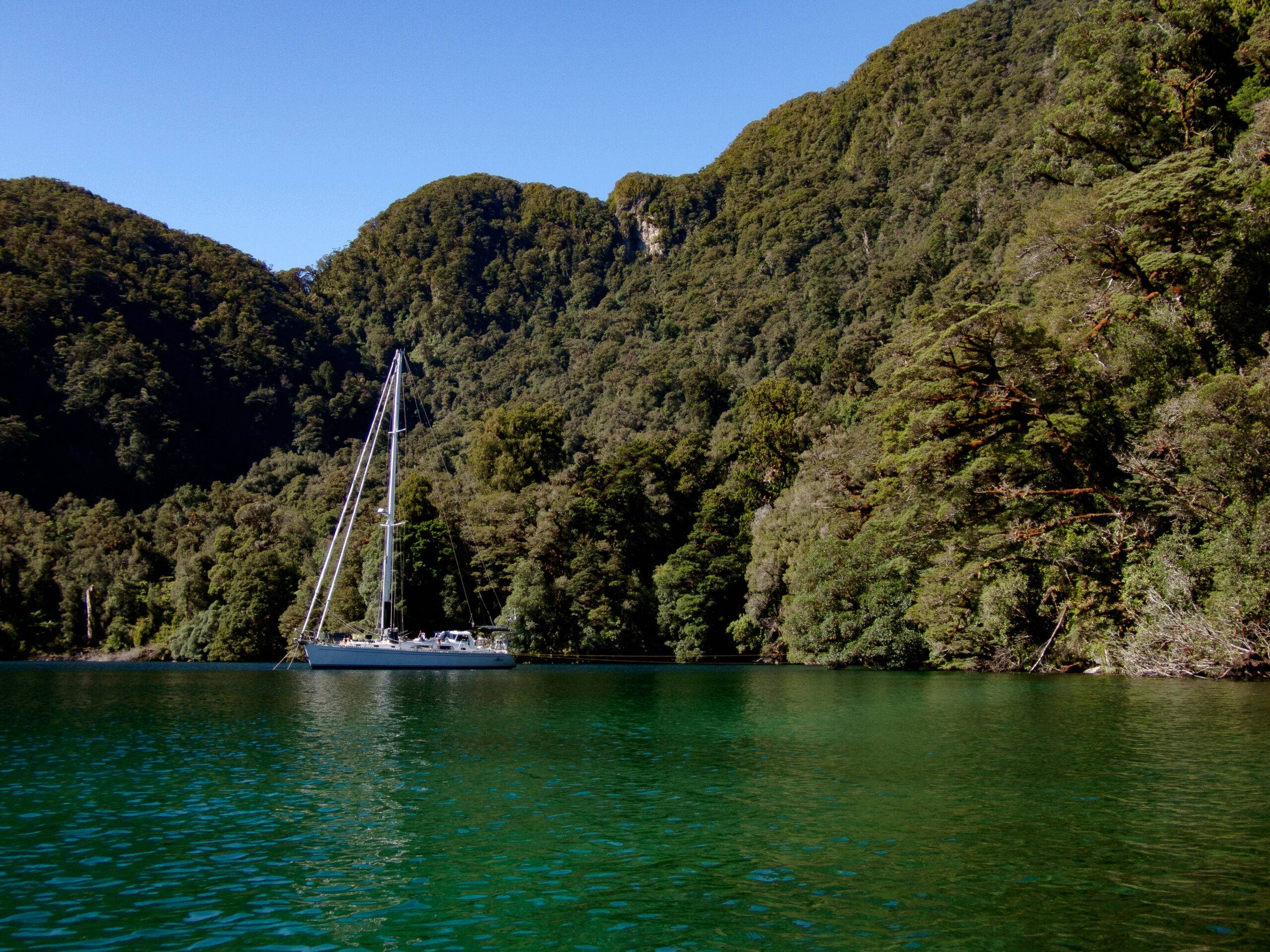
Seaforth River, Dusky Sound
It took us three tries to get the anchor to hold in Shark Cove. Communication from bow (Diana) to the helm (Marcus) is always a bit challenging (West Marine sells headsets called “marriage savers”). The view is different, too. We did alright for the first couple of attempted sets, but both got a little impatient and grumpy by the third. It held, and we were finally tied up, but tired and neither of us feeling great about how the teamwork had held up. There’s a lot at stake — sudden weather switches, unpredictable williwaws make it crucial to get this right. Every couple of days we get another chance to see if we can improve on our mutual desire to work together.
We got a little of a late start for the longish dinghy ride over to Supper Cove where the Seaforth River enters the Sound. It’s reported to hold brown trout! The Dusky trail slopes along the banks, through mud puddles and a podocarp forest of magnificent rimu, kahikatea, miro, mataī and tōtara trees. The river tumbles off some boulders and then flattens like a lake for several kilometers. Tea stained with tannins, spotting fish (the only way to fish in New Zealand) was tough. Ultimately we didn’t see any, though a few rocks got some very intense attention.~MS 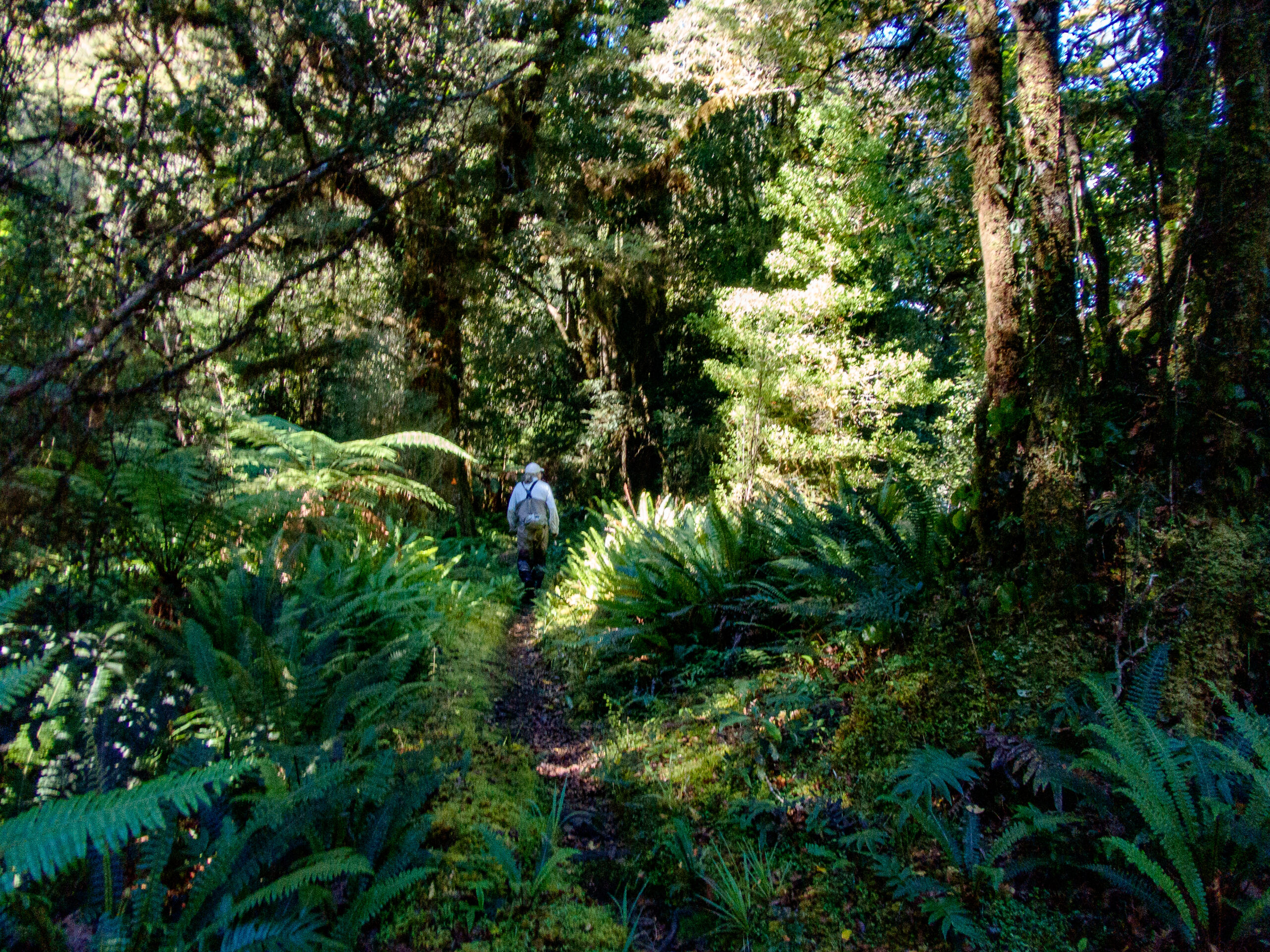 We took Namo over to the next bay, Supper Cove, to be able to hike on the Dusky Track. It’s an advanced tramper track – 84km one way, but we just did 6km and found it muddy but heavenly (not bushwhacking).
We took Namo over to the next bay, Supper Cove, to be able to hike on the Dusky Track. It’s an advanced tramper track – 84km one way, but we just did 6km and found it muddy but heavenly (not bushwhacking).
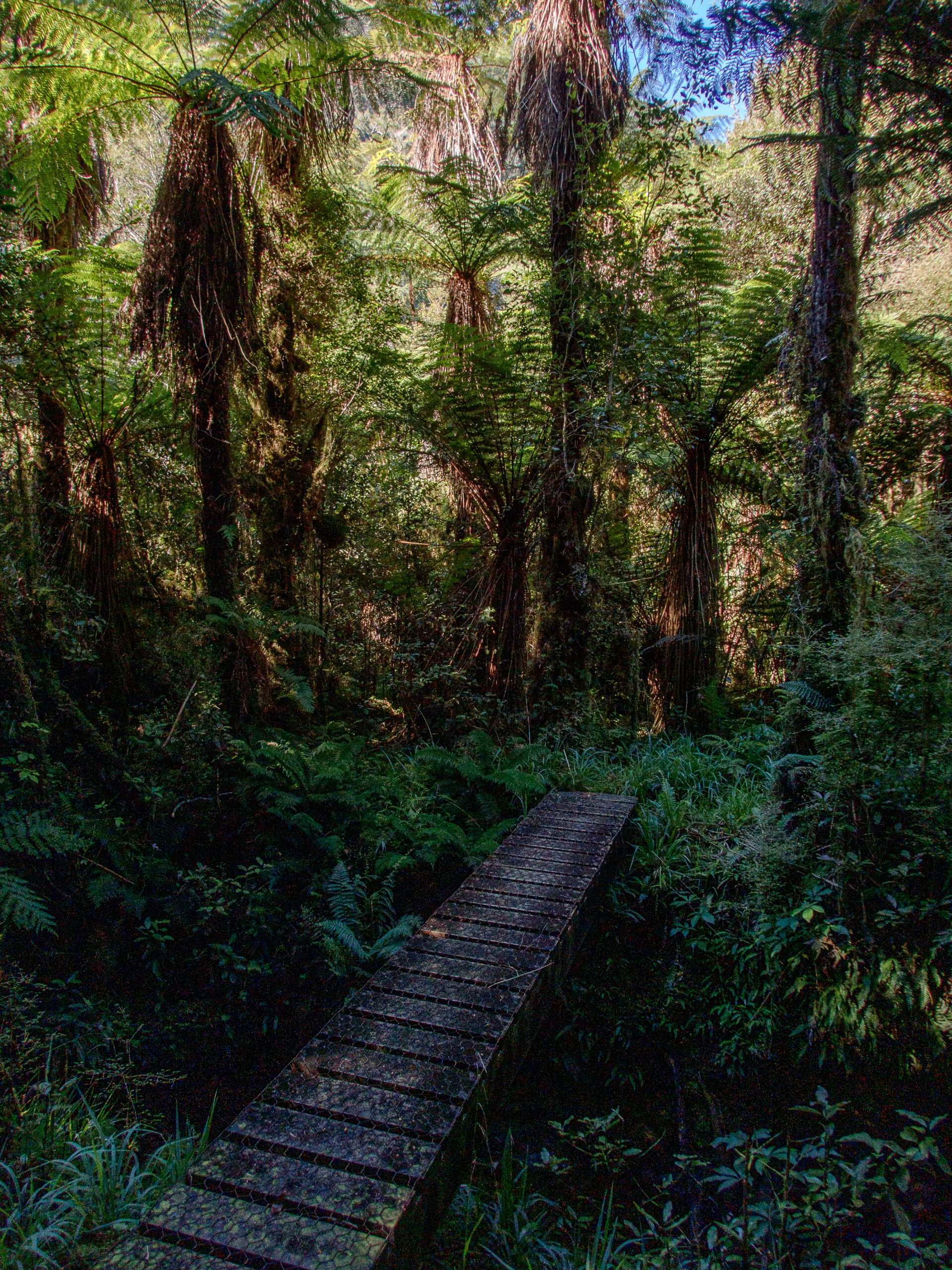

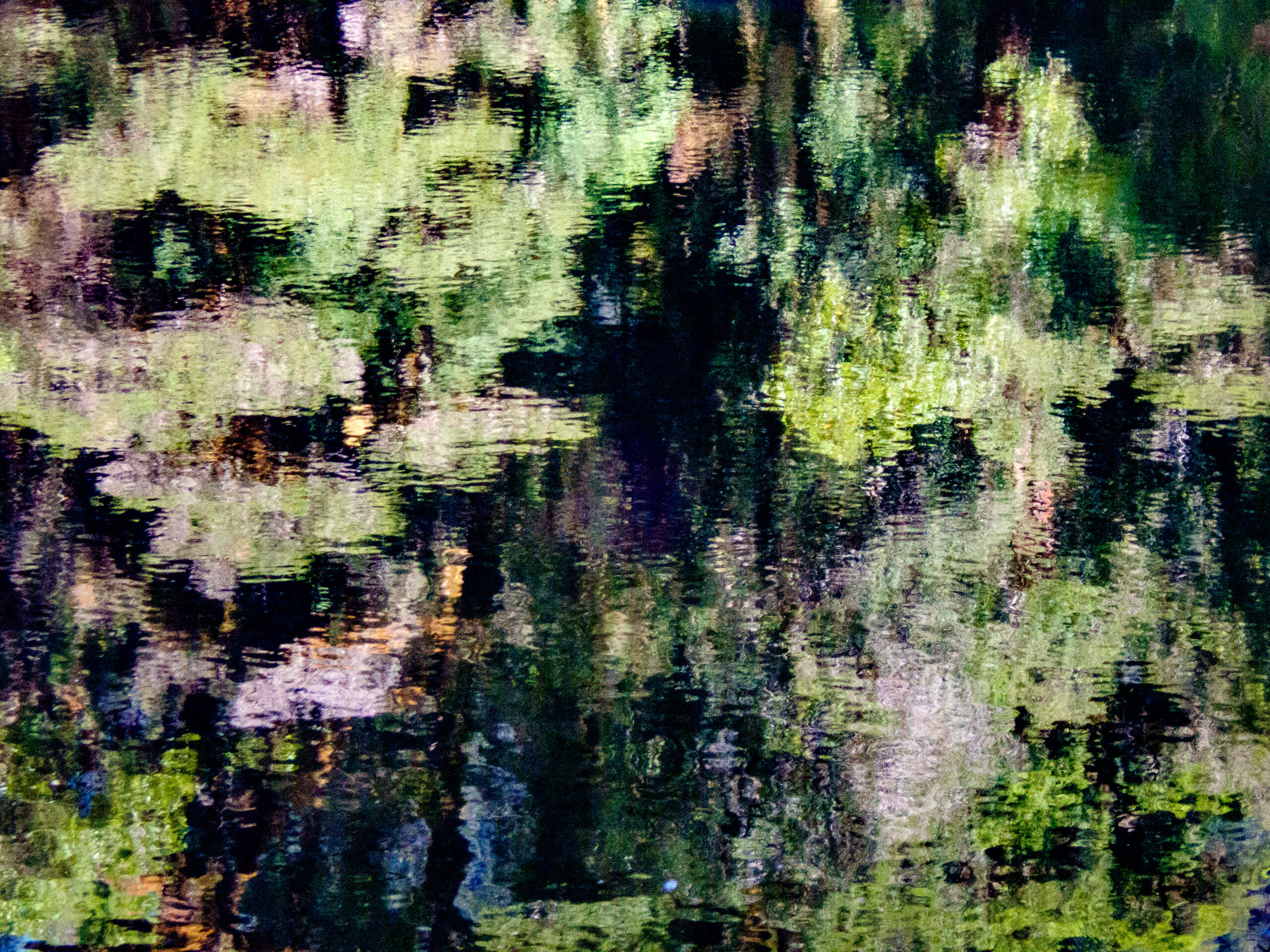


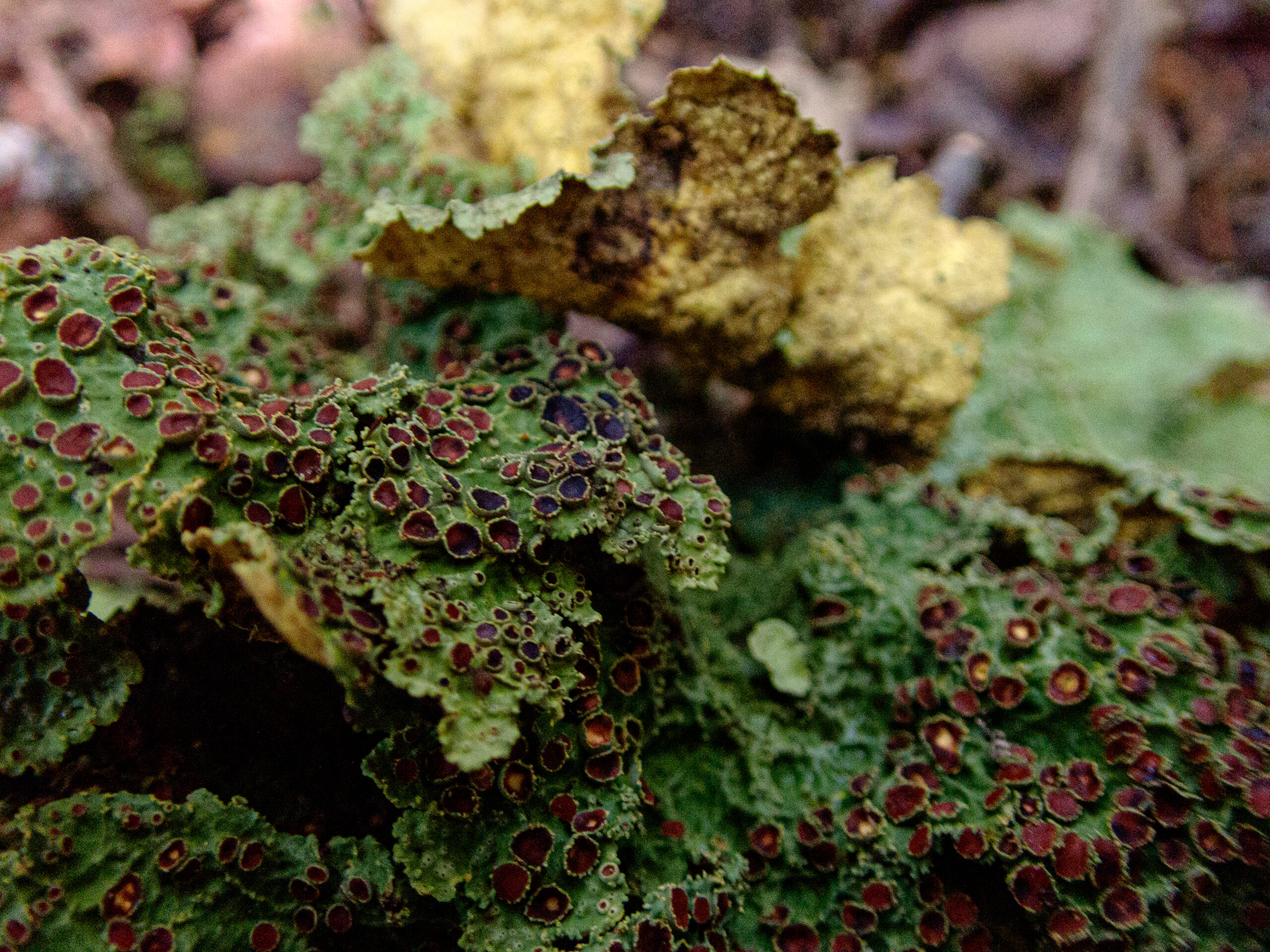
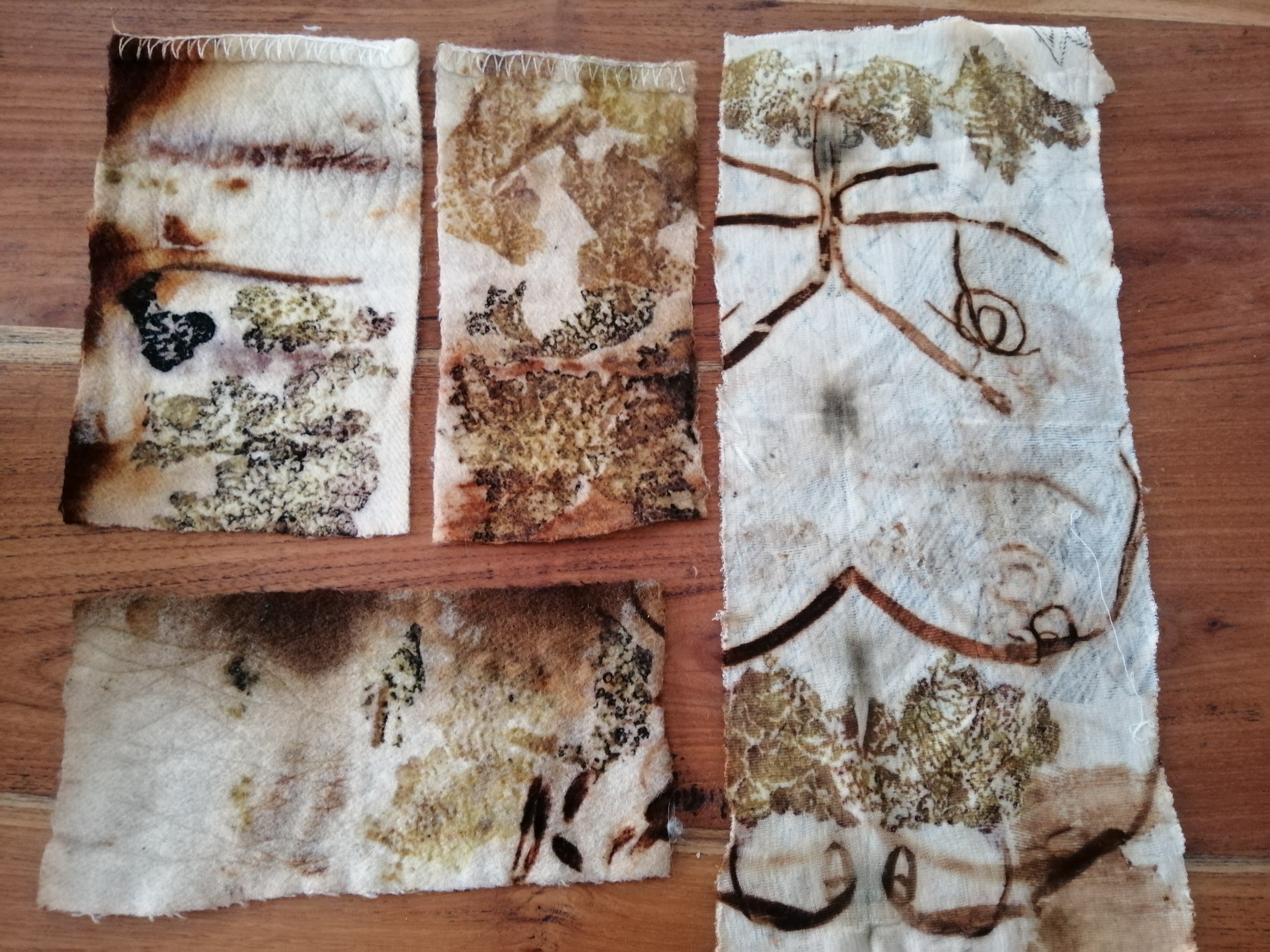
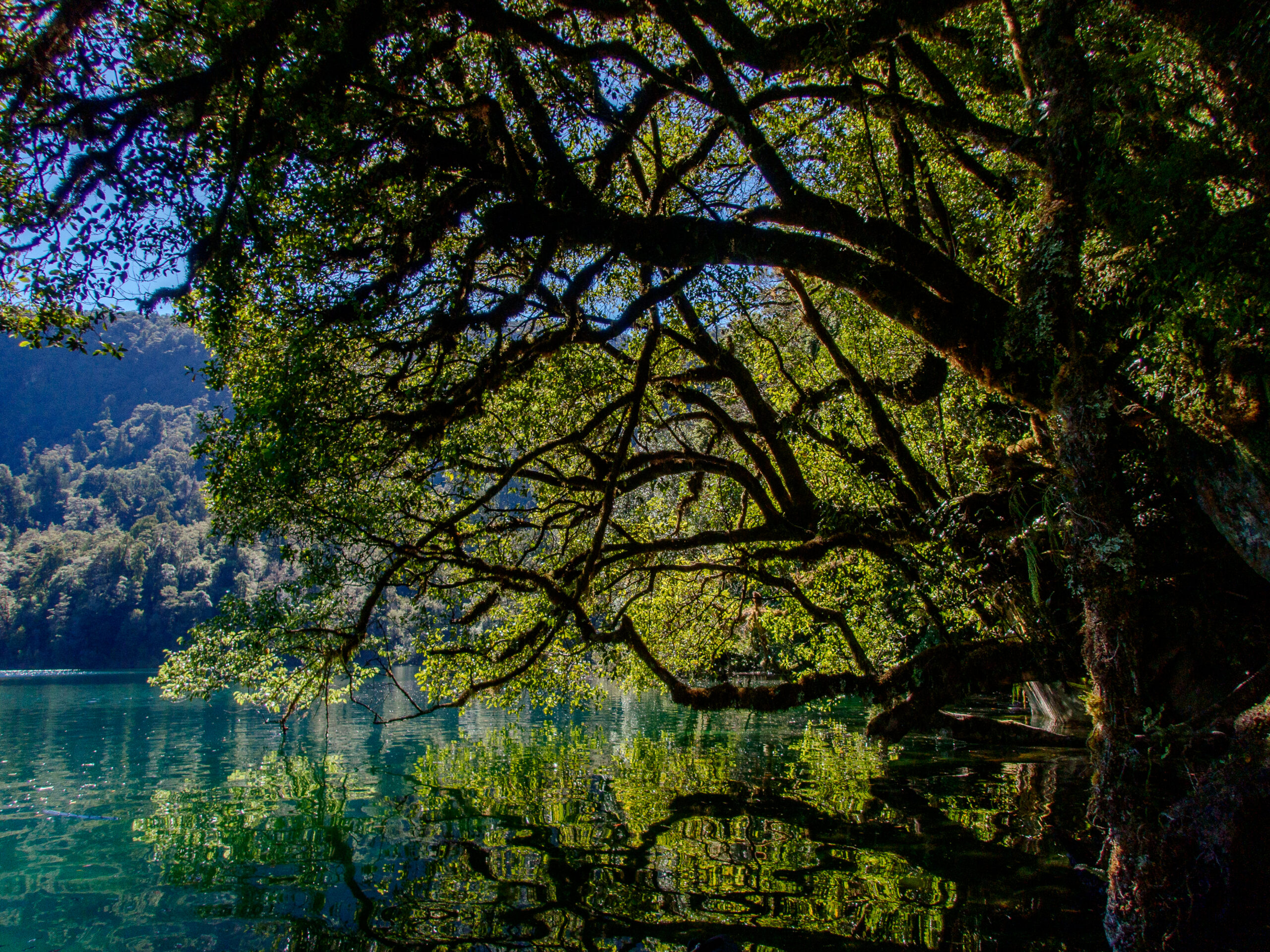
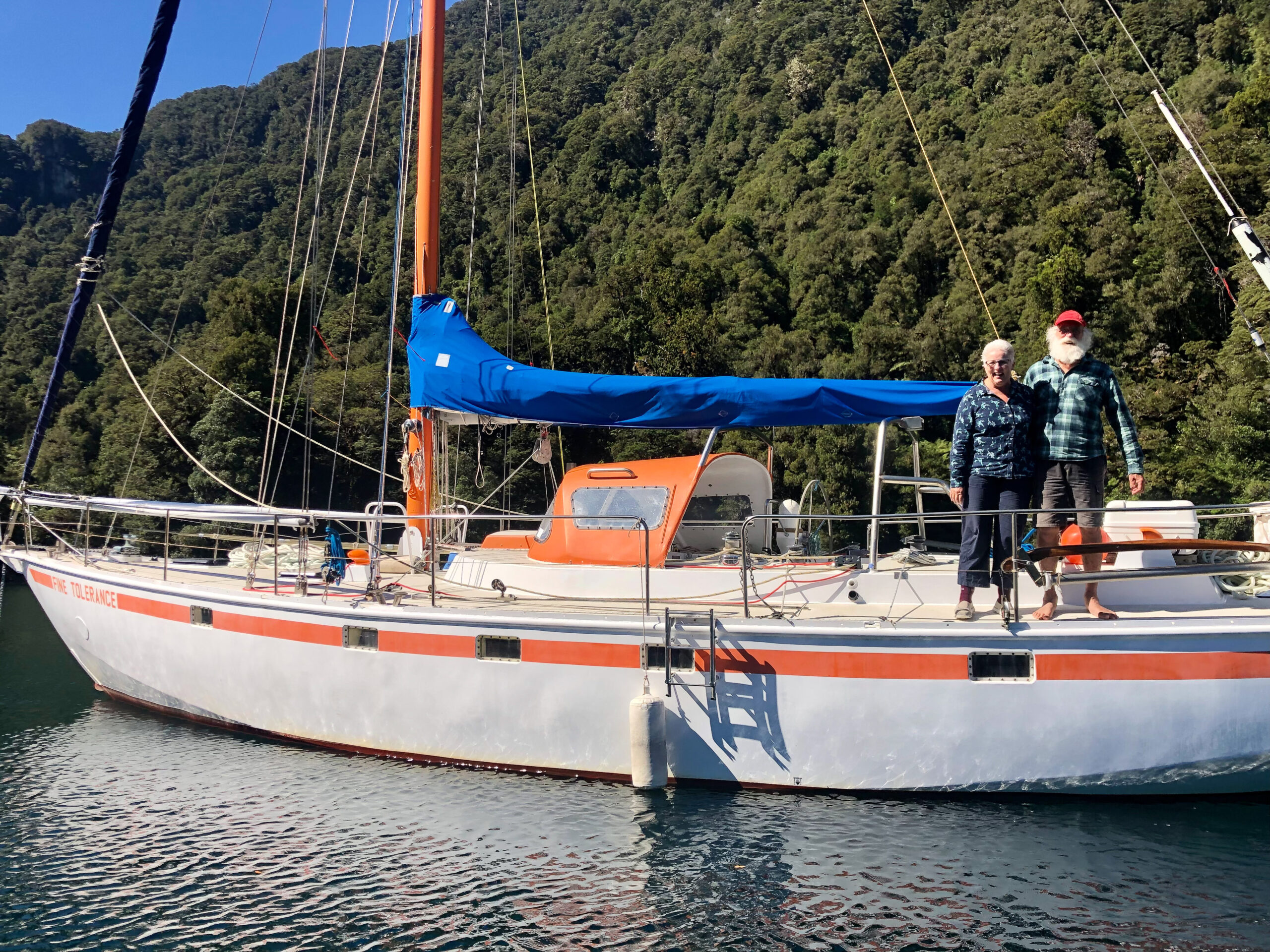
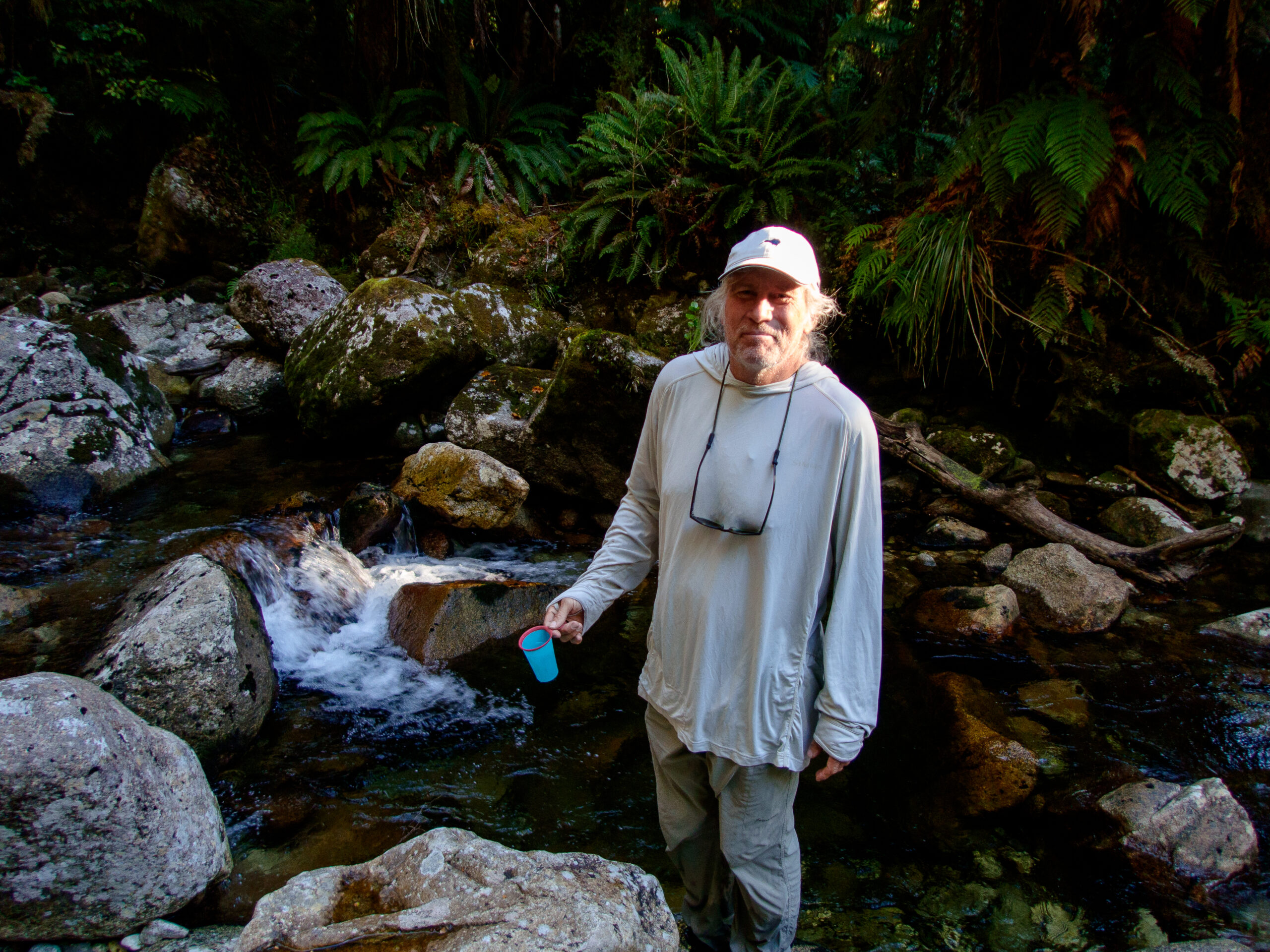
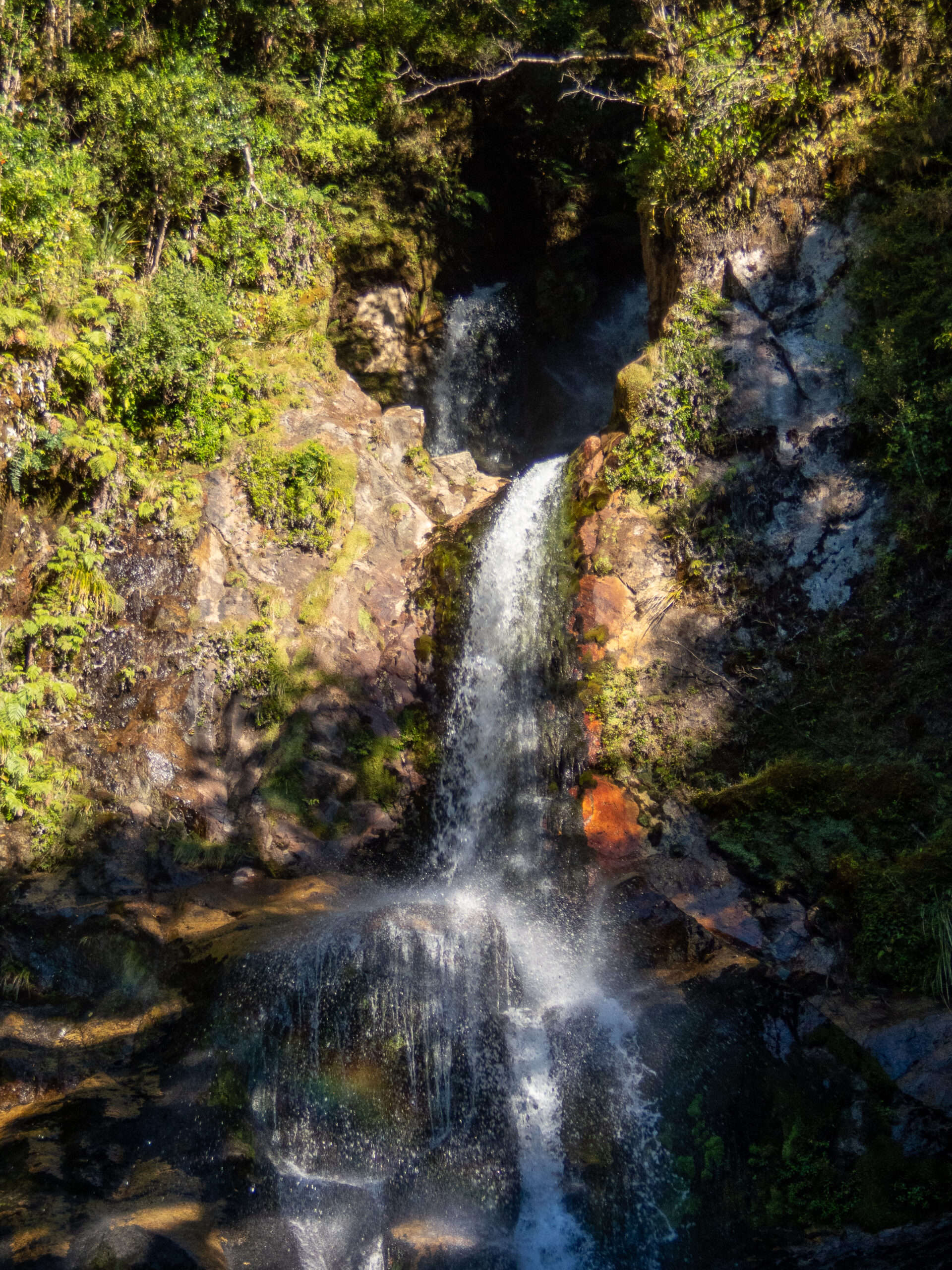
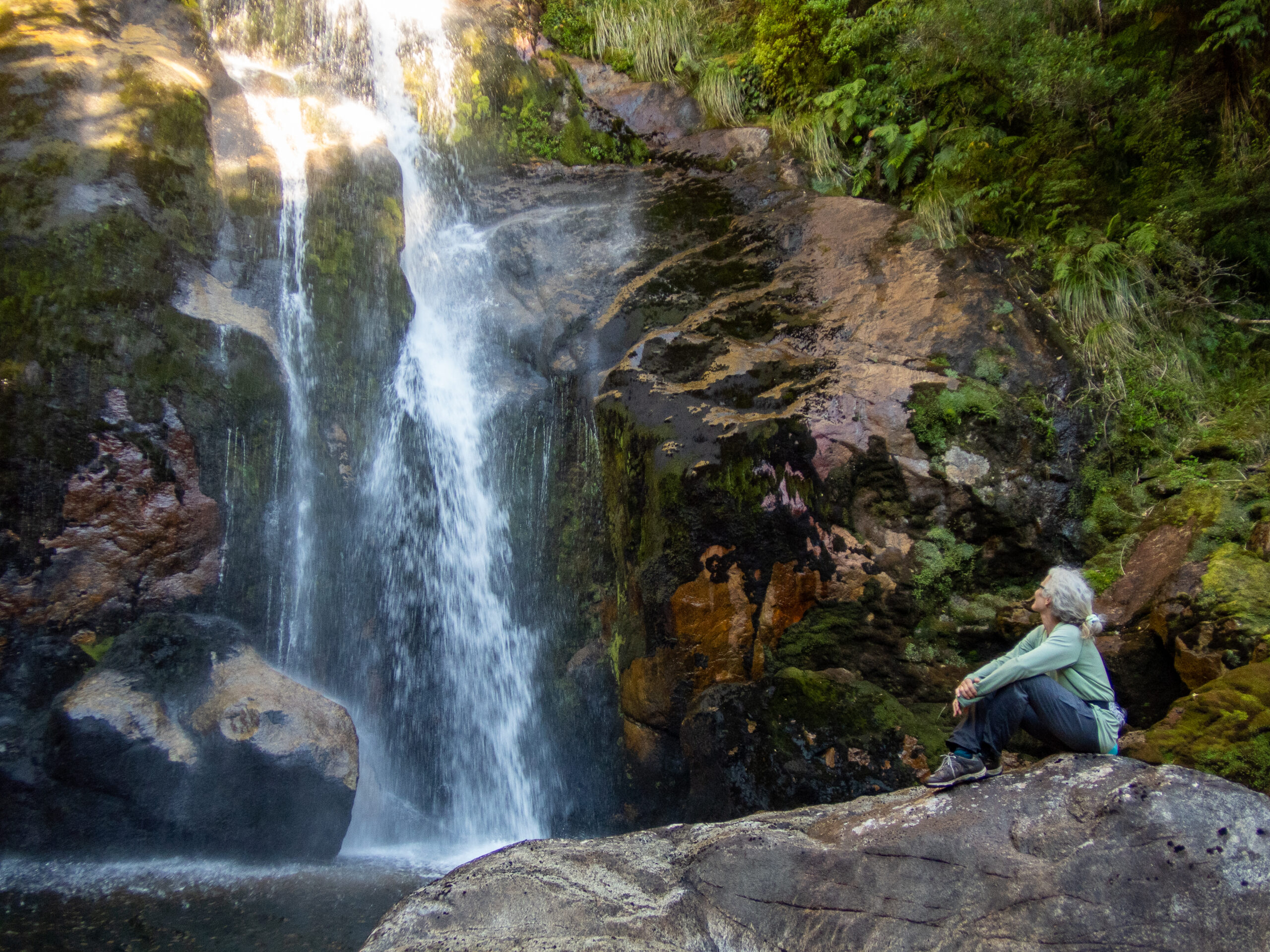
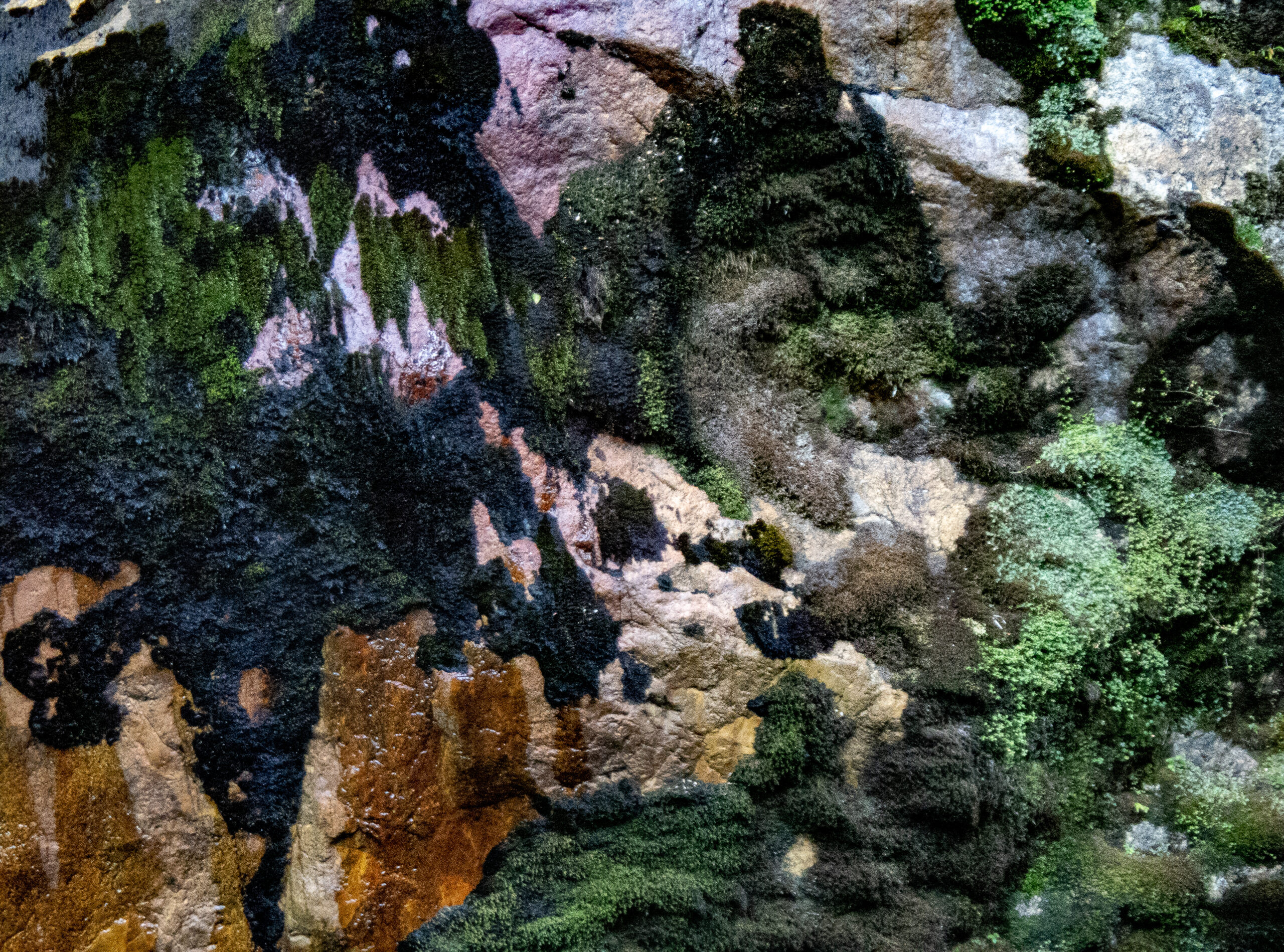
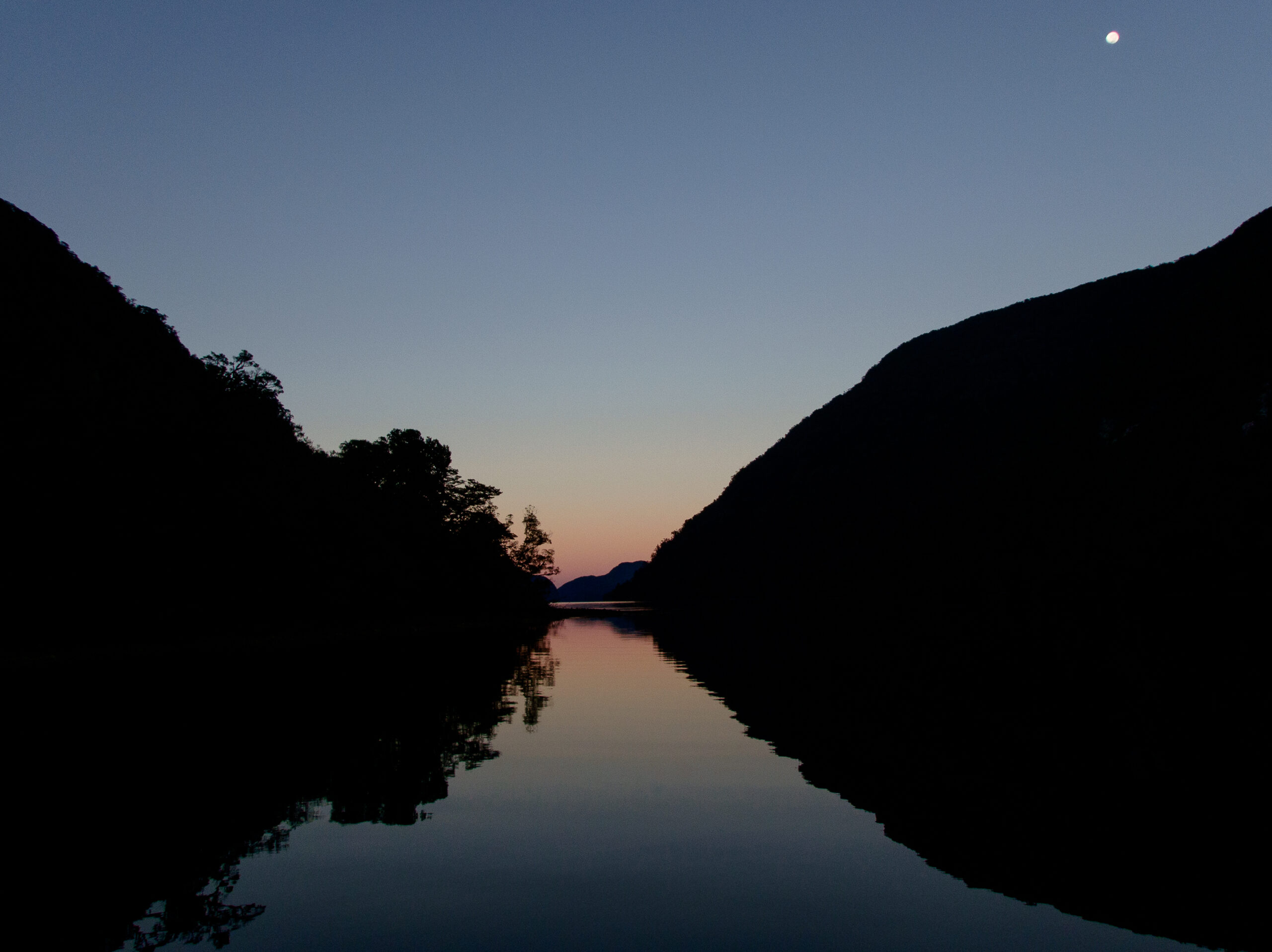
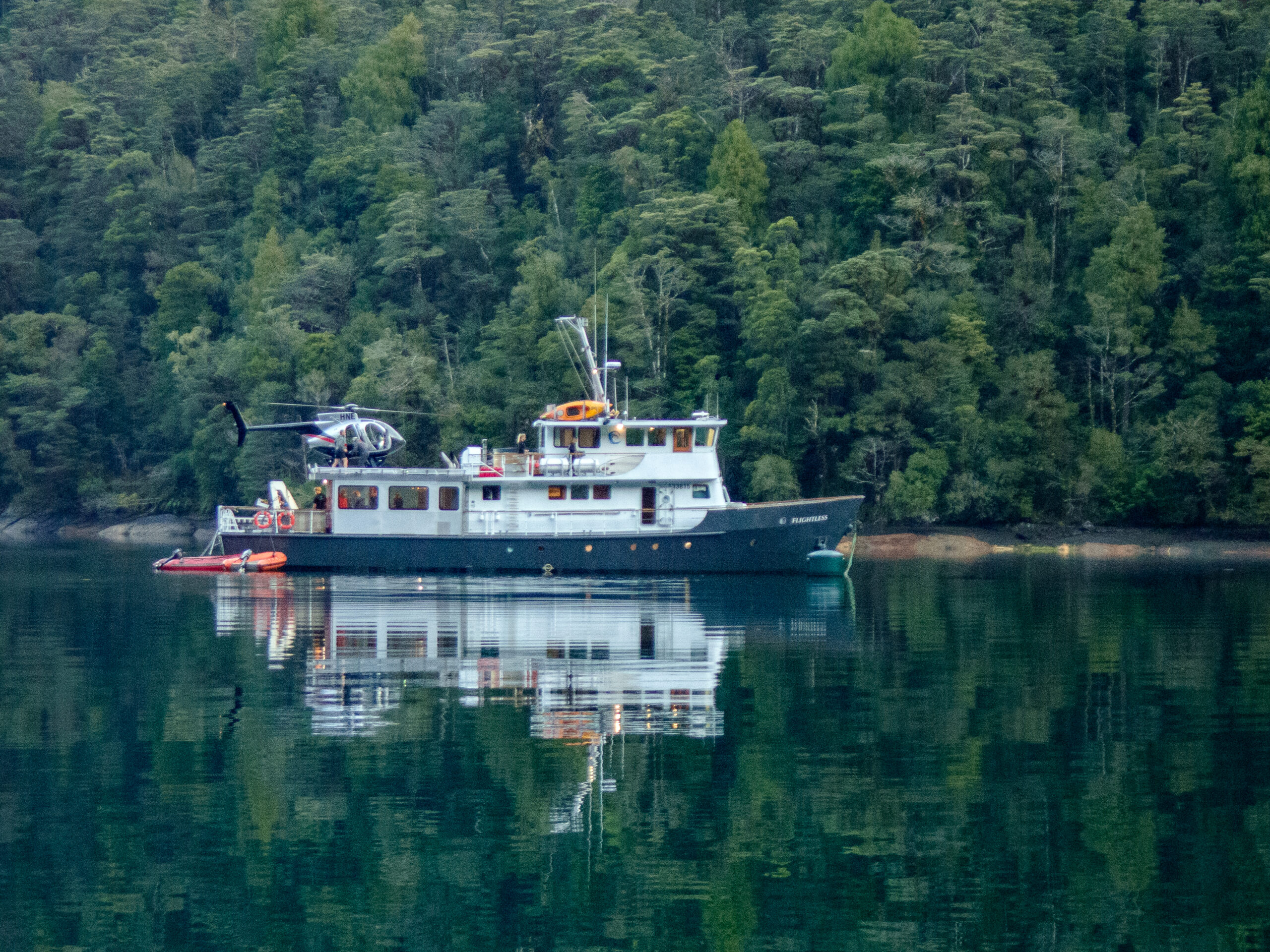
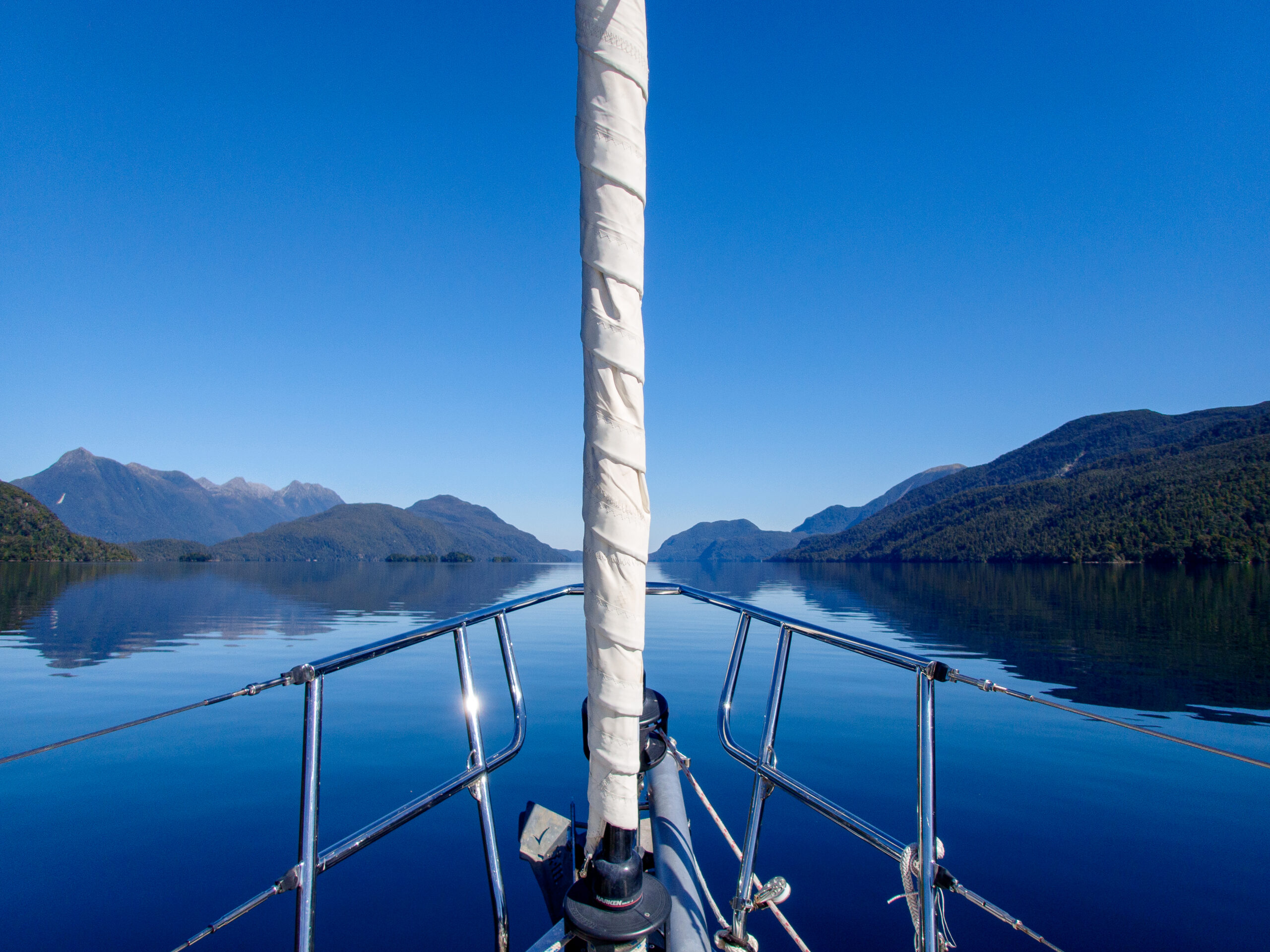
While Wet Jacket Arm and Breaksea Sound are still part of the Dusky/Tamatea Complex, I’ve broken them up, if for no other reason than my own sanity, so I can feel a sense of progression, ha! ~DS
Mountains and Waterfalls and Reflections, oh my! Preservation Inlet/Rakituma – FIORDLAND,
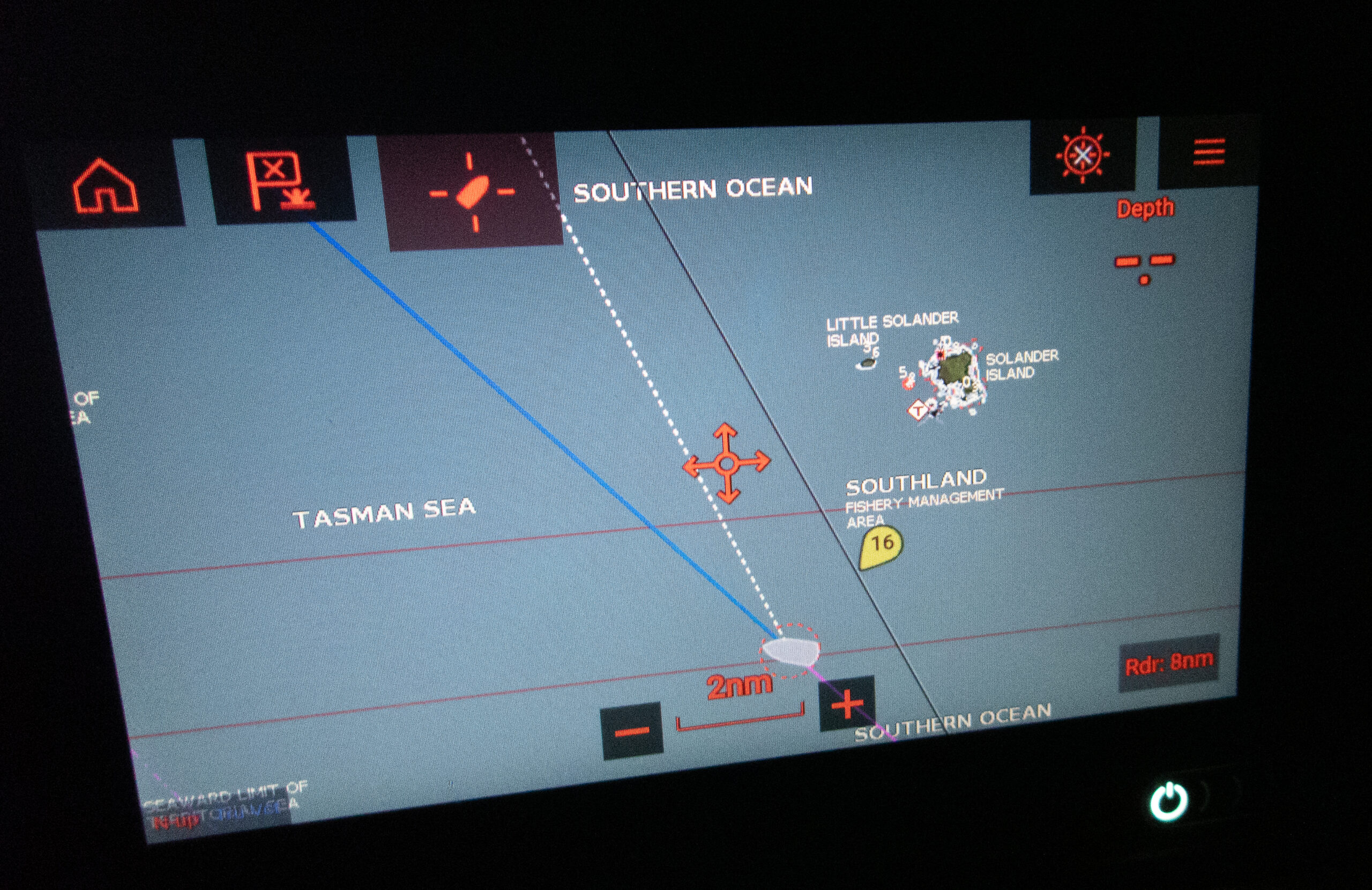
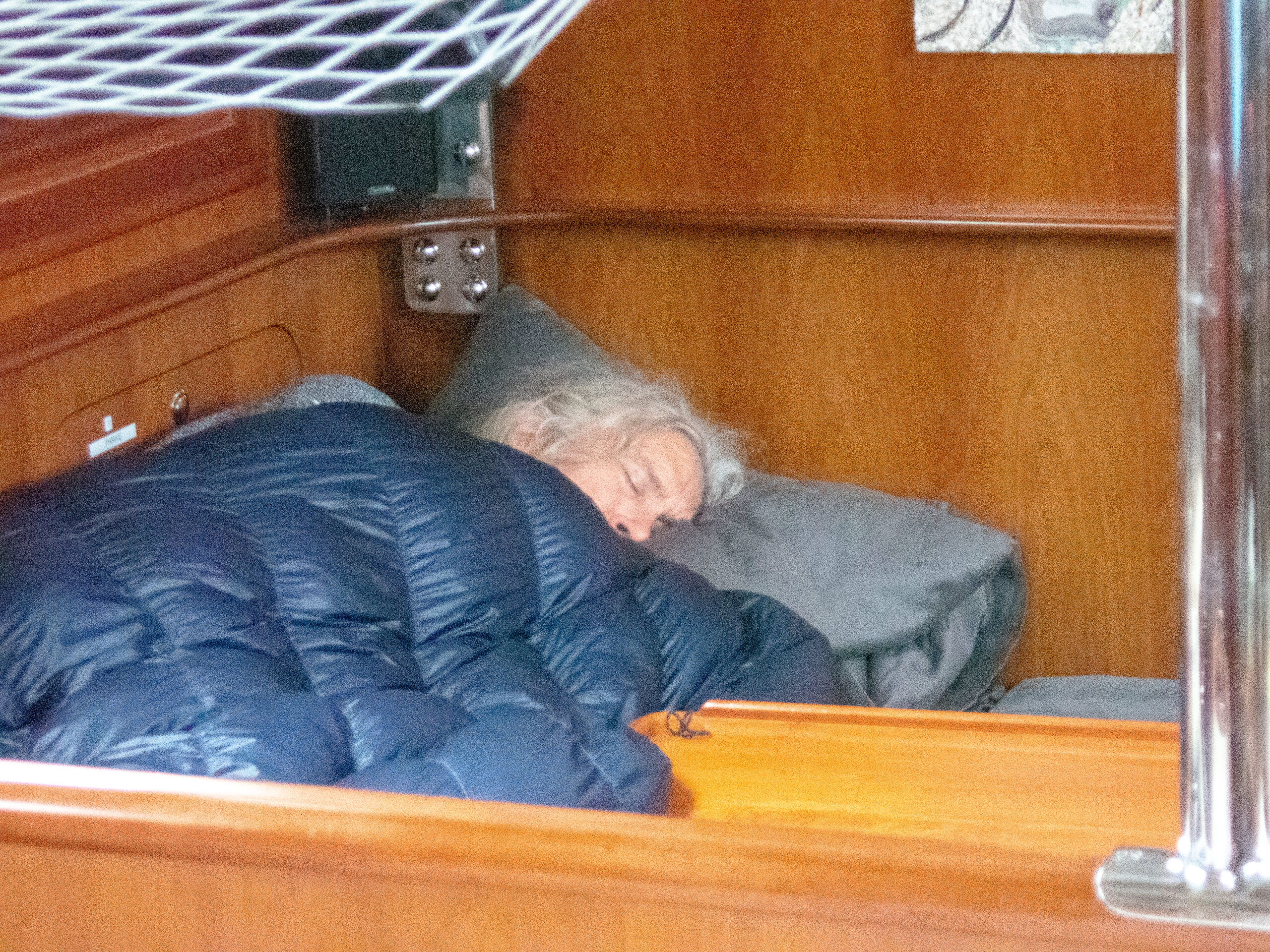
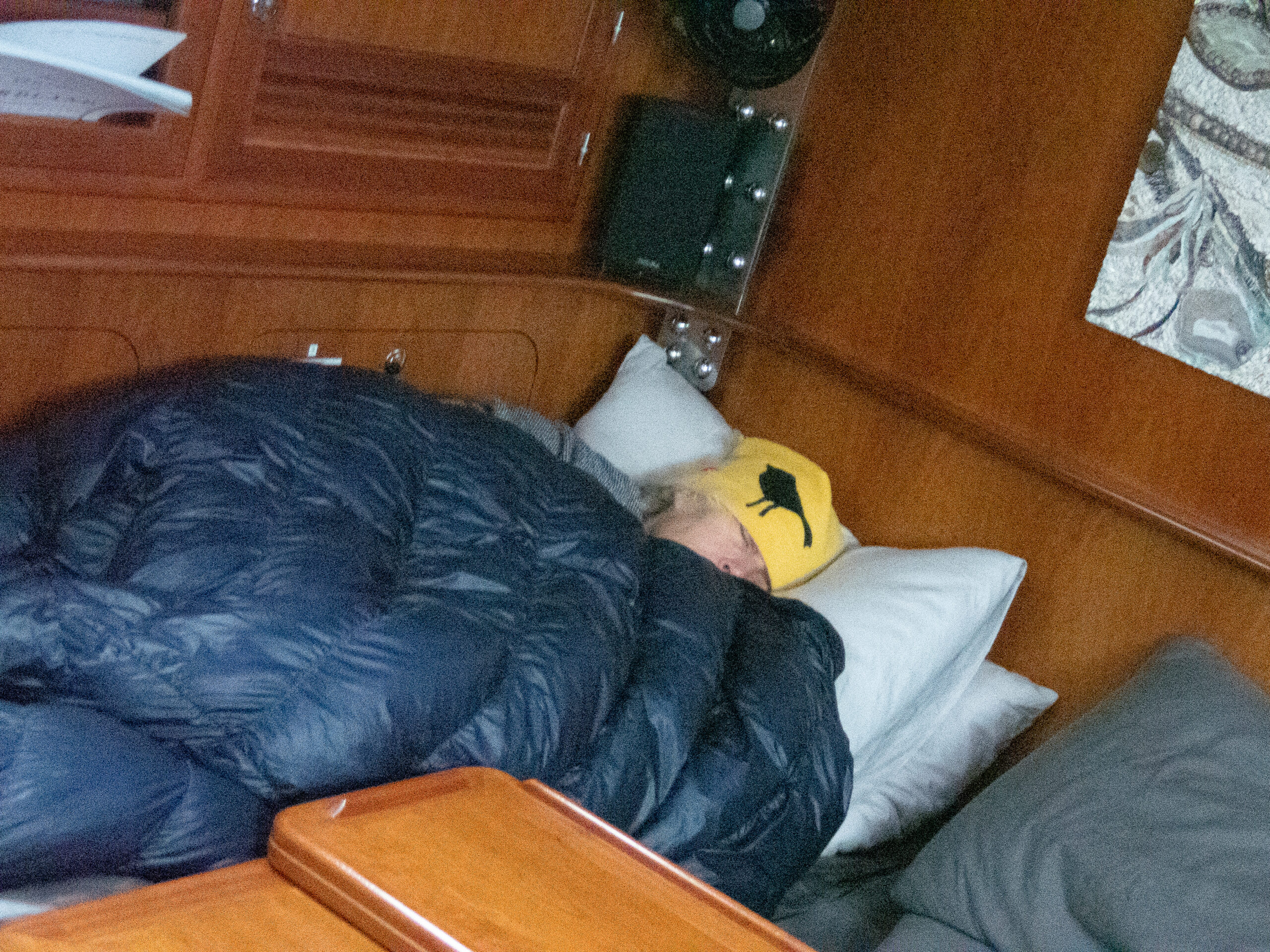
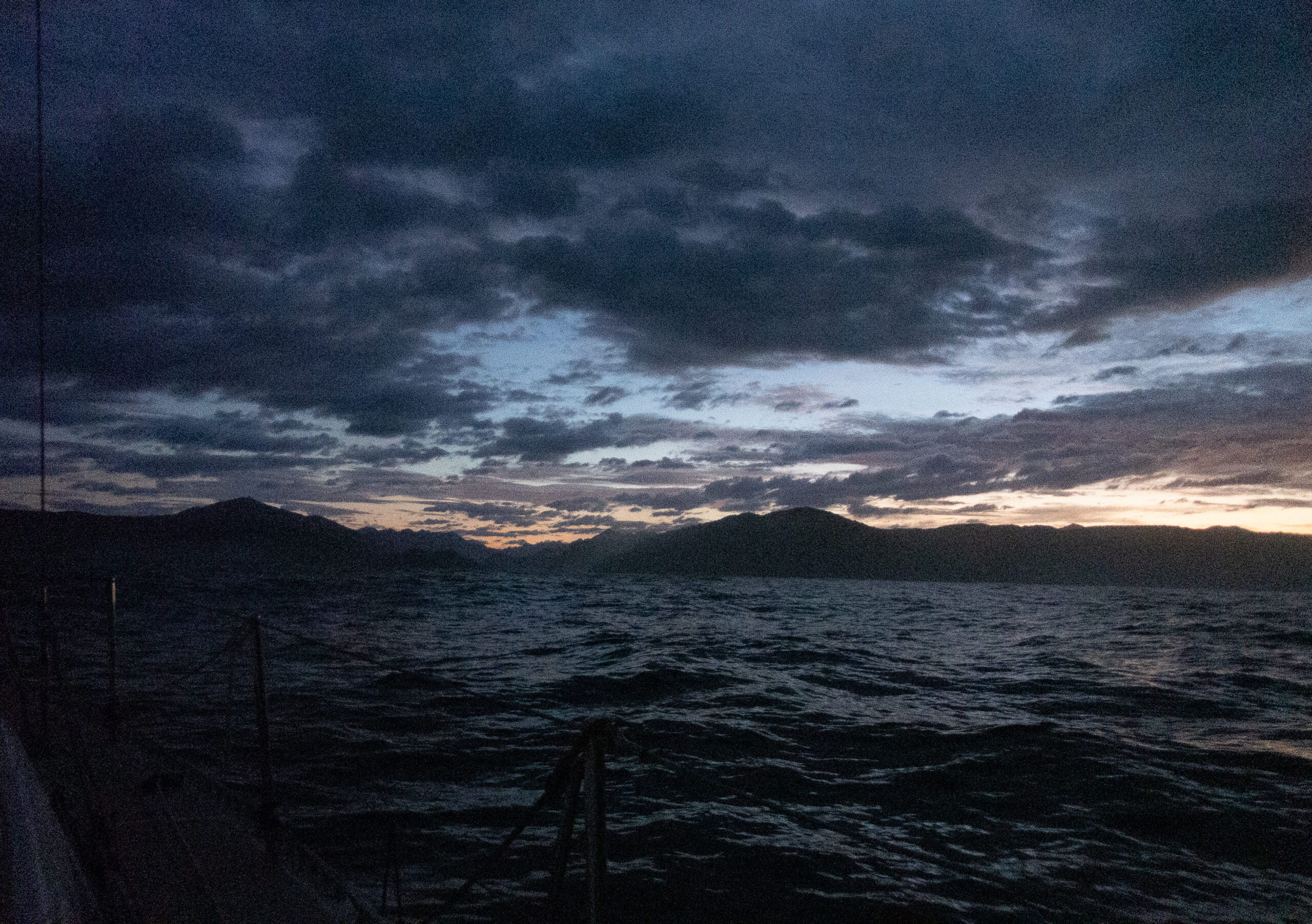
Last Cove, Preservation Inlet
My first series of thoughts were about the precariousness of our situation, and how much we depend on our engine, despite being a sailboat. What in the world would Captain Cook do? We had arrived at the entrance to Preservation Inlet a couple of hours too early, despite our attempts to slow Allora down. No wind but a big southwest swell colliding with a northerly chop was making going slow under power uncomfortable, the mainsail slatting back and forth despite the preventer. We had already decided to edge up toward Dusky Sound (another twenty miles onward) and go in there instead as long as the forecast northerly held off. I’d barely turned Allora in that direction when the wind began building, directly on our nose, gusting up to 16 knots. No harm in poking a little further that way, to kill time. The Puysegur lighthouse flashed bright and high on our beam, a reminder of where in the world’s oceans we were. Puysegur hosts gale winds or stronger 300 days a year. The weather models showed the next gale arriving by afternoon, by which time we needed to be safely tied up at anchor. The first issue with the engine I noticed was that the display at the nav station was off. Weird, I thought. Then I noticed the gauges in the cockpit, shutting off and popping back on. Very weird. Then the engine warning came on, beeping insistently. What the heck? Thinking mainly at this point of not waking Diana who’d had a very rough night already struggling to get to sleep for the first few hours of my watch, I quickly shut the engine down. Then as we slowed in the airless swell, I pushed the button to start it back up. It flashed and went off. I tried again, it stayed on long enough for me to get a couple slow, battery dead, rolls of the engine. I had been thinking it was time to replace this starter battery, in fact, I had just had a conversation with Willy on Pazzo about how you know when your starter battery is dead. I should have known better than to bring this up with him, since the last boat conversation I’d had with him was about our flawless autopilot, which literally failed the next day (the first time in six and half years). For a few panicked moments I couldn’t think about anything except the weather forecasts I’d been looking at that predicted wind on the nose if you tried to sail for Dusky and no wind at Puysegur until the arrival of the gale. I guess Captain Cook would just have had to sit there roll in the three meter swell and wait for however many hours it was going to be until the gale chased him in. I didn’t like the sound of that at all. I went below and switched the starter battery to combine with the house batteries and the engine started up. Phew! But the engine warning was still blaring CHCK ENGINE. Amazingly, Diana was still sound asleep, despite about the blaring warning lights, or me running up and down the companionway, starting and stopping the engine. Okay, I checked the oil. I checked the temperature. I checked the cooling system. I checked the transmission. All good. The engine sounded absolutely fine. I’d installed the display at the Nav because supposedly it might give me more information than just CHCK ENGINE… how about check battery, or check electrical system? I reluctantly woke up Diana to tell her about the situation. It definitely did not seem like a good idea to head toward Dusky, we agreed. I figured out how to make the engine warning beep a little bit quieter below and she tried to get back to sleep. I started a slow zig zag toward Puysegur lighthouse, chugging along at under 3 knots, keeping a wary eye on the churning cauldron of Balleny Breaks less than a mile northeast of us and slowly got used to the steady ringing of the engine warning. We motored up the stunning Preservation Inlet to Last Cove as I kicked myself for ignoring my instinct to replace that starter battery. I’d checked it and it seemed okay, but it would have been relatively cheap and easy to replace it, just in case, and not be in this situation. Our first anchorage in Fiordland. We’ve been working on how to set our anchor and lines, a sleepless night from the passage and an engine with a steady CHCK ENGINE still blaring did not make it easier. With a big blow coming we wanted to get it right. 300 feet of rode and two lines to shore.
The weather models, all four that we download via satellite, predicted this narrow window for rounding the great cape on Stewart Island and sailing with an easterly breeze up to the notorious Puysegur before the wind switched northerly with forecast 50+ knot gusts. We put a lot of faith in them, and they were spot on. After a long nap, I started the project of dealing with the starter battery. My idea was to replace it with one of the house batteries. In the process, I had the thought to check the Duo Charger which regulates the battery charging from the engine’s alternators. The installation showed two fuses and as I pulled the wires to find the inline fuse, I noticed the one for the starter battery was a bit loose. I tightened it up, started the engine, and the charging voltage jumped up right to where it belonged. A loose wire. That was all. Three turns of a screw. ~MS
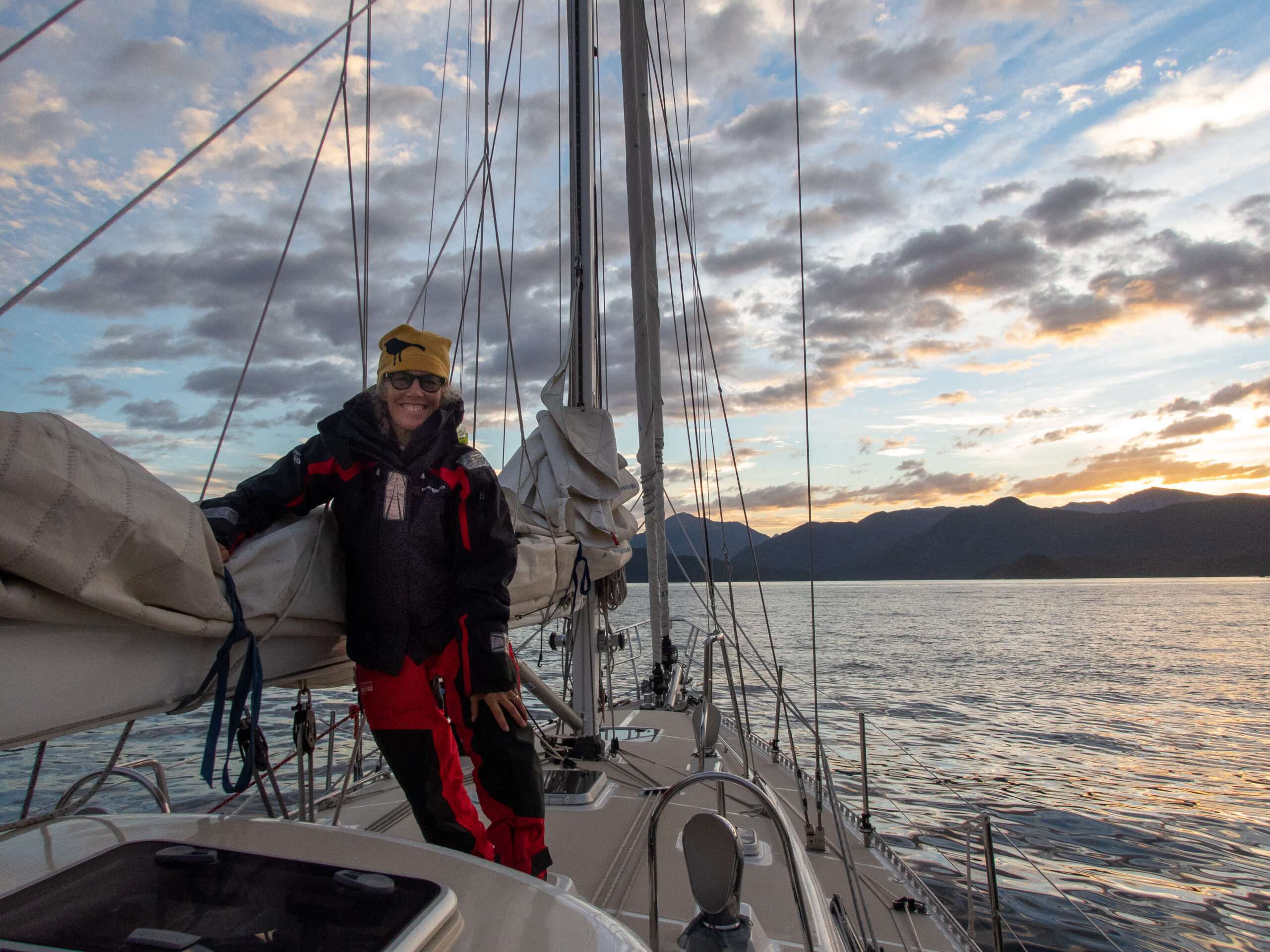

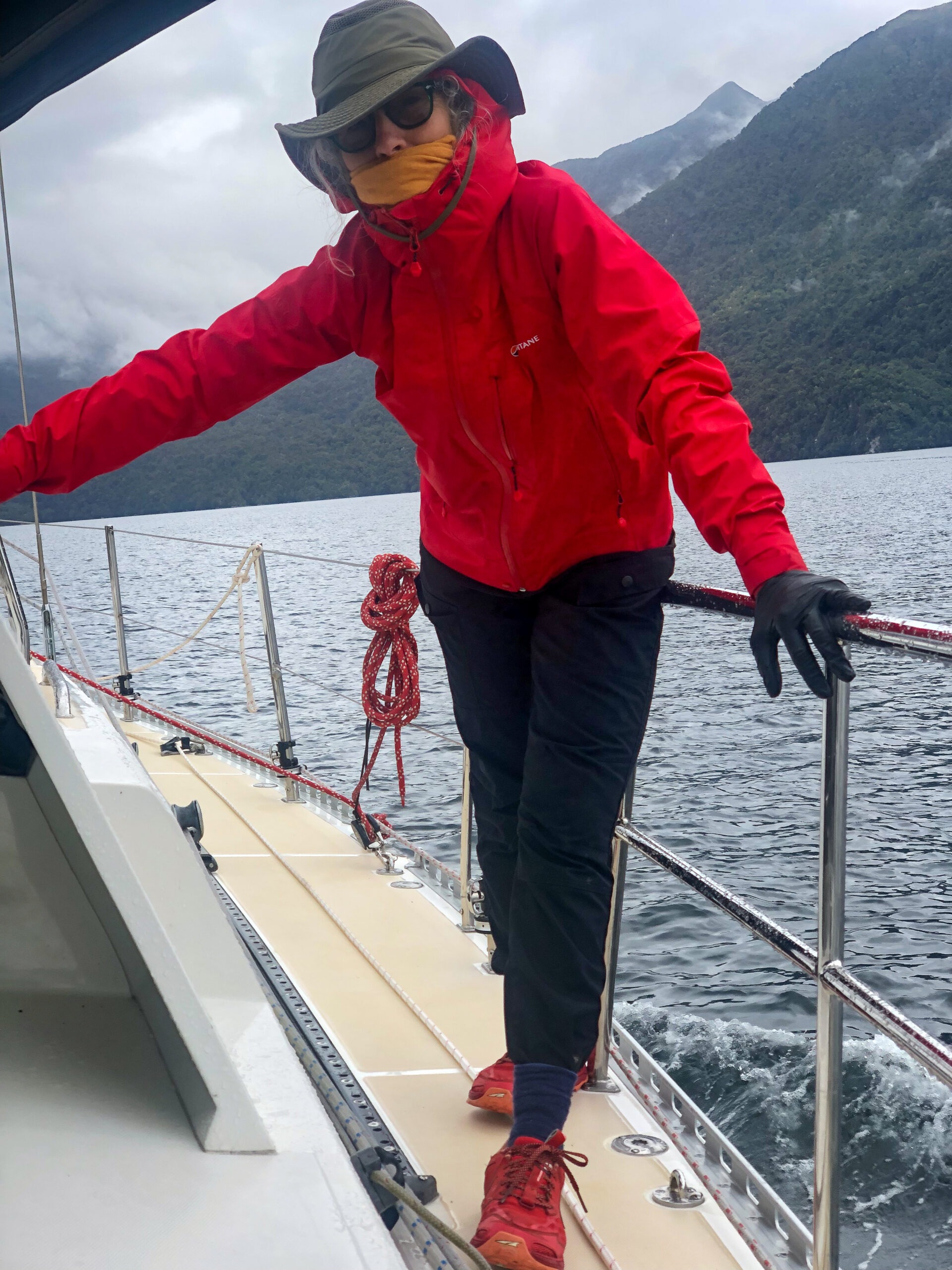
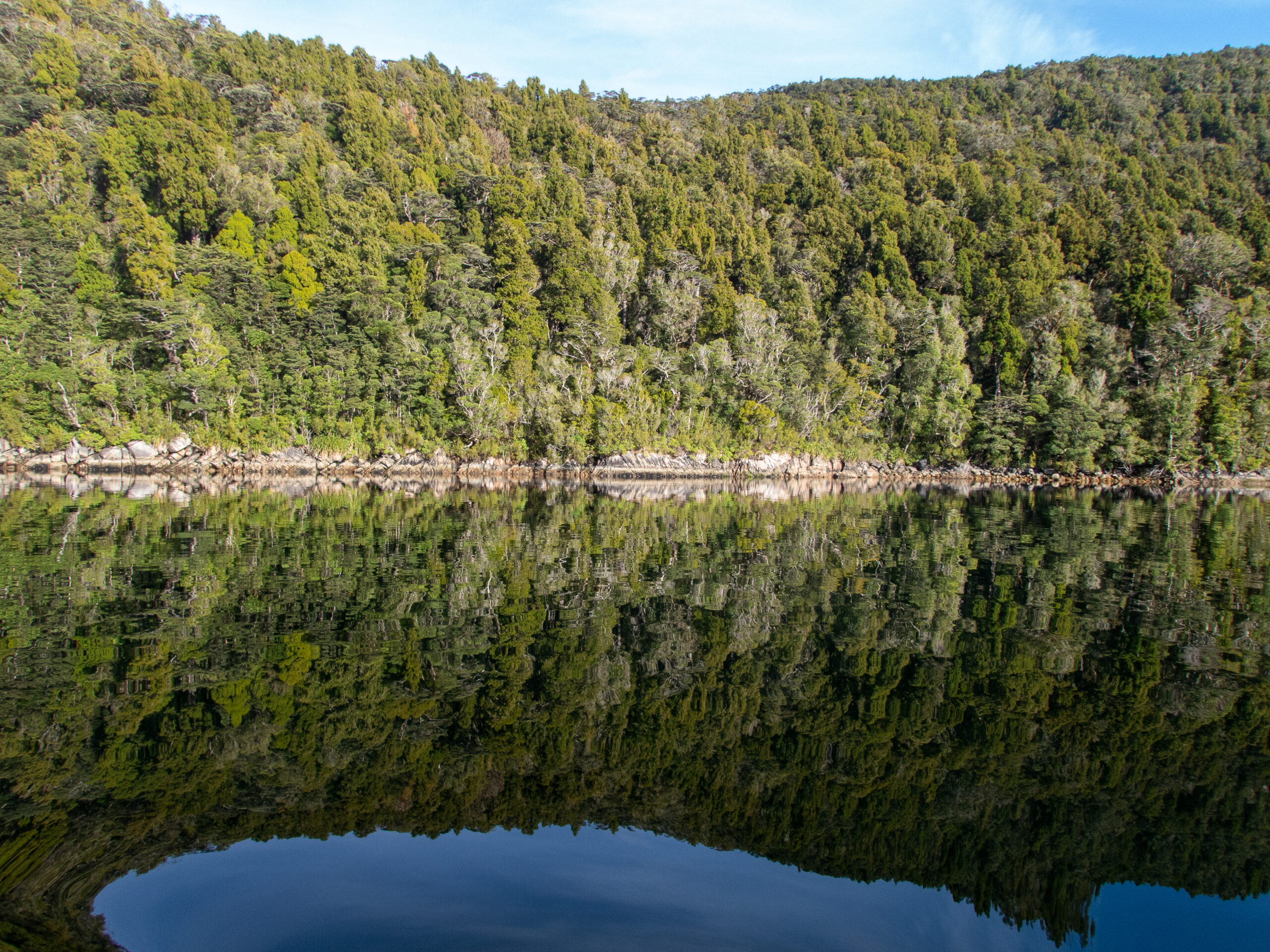

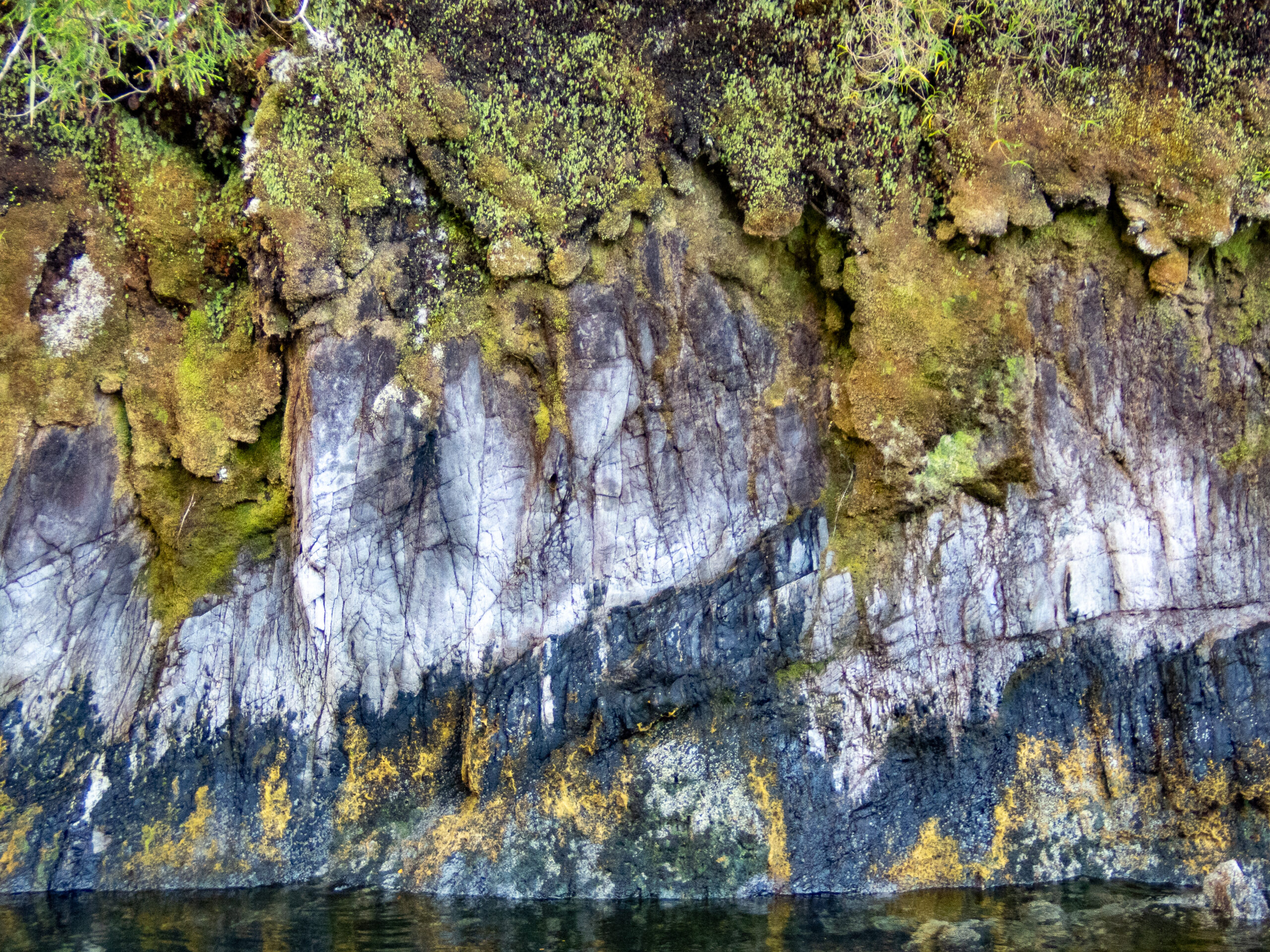
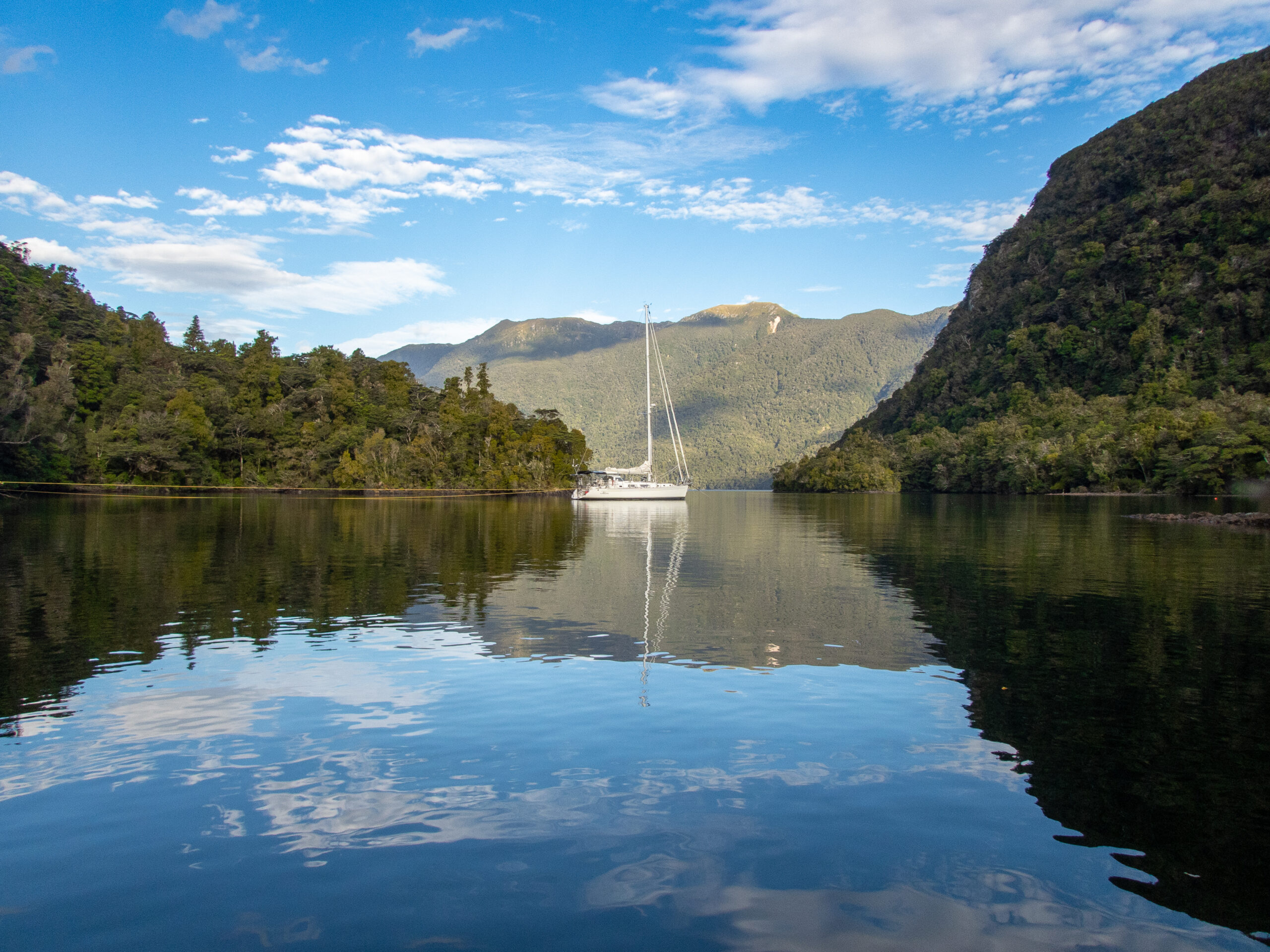

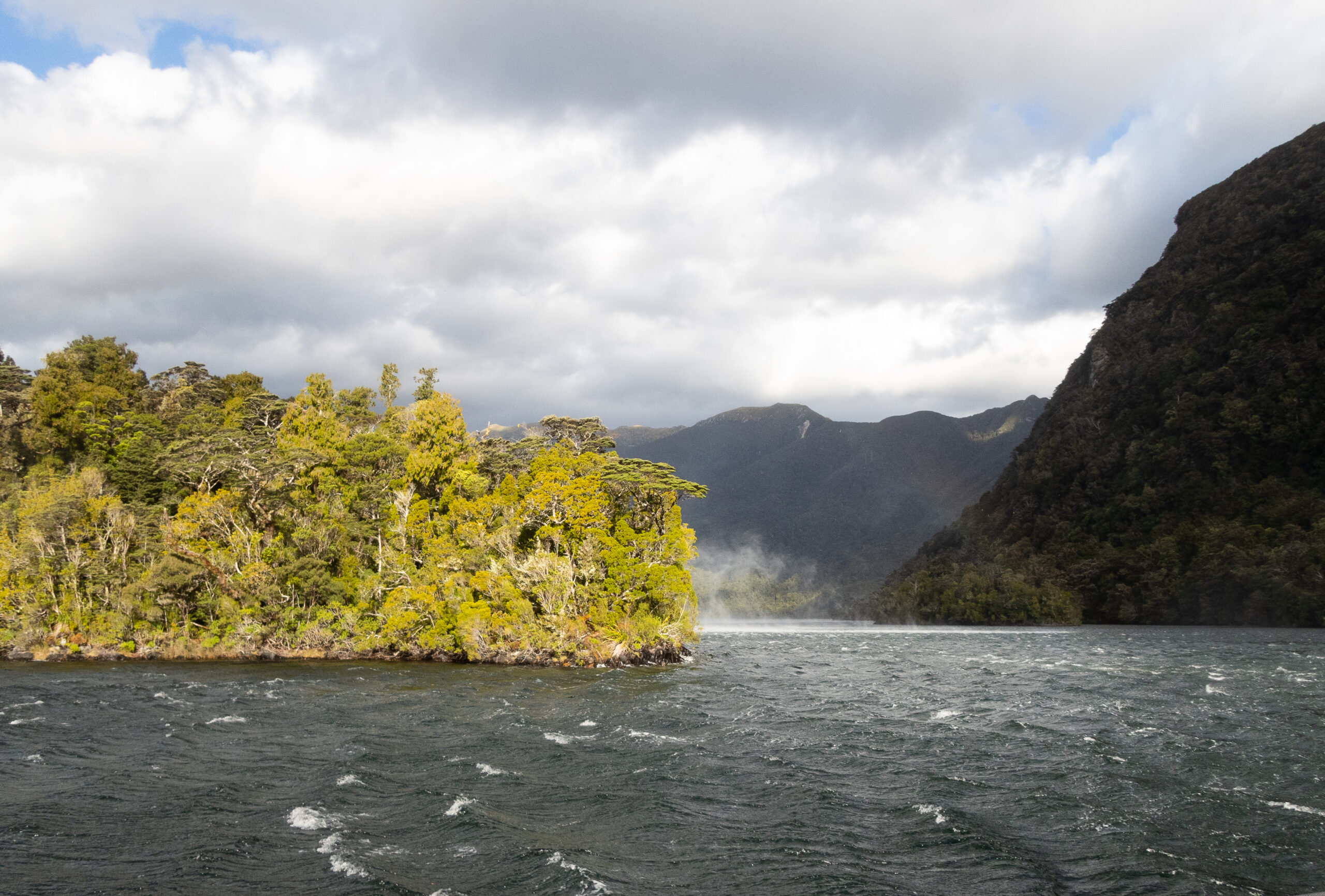

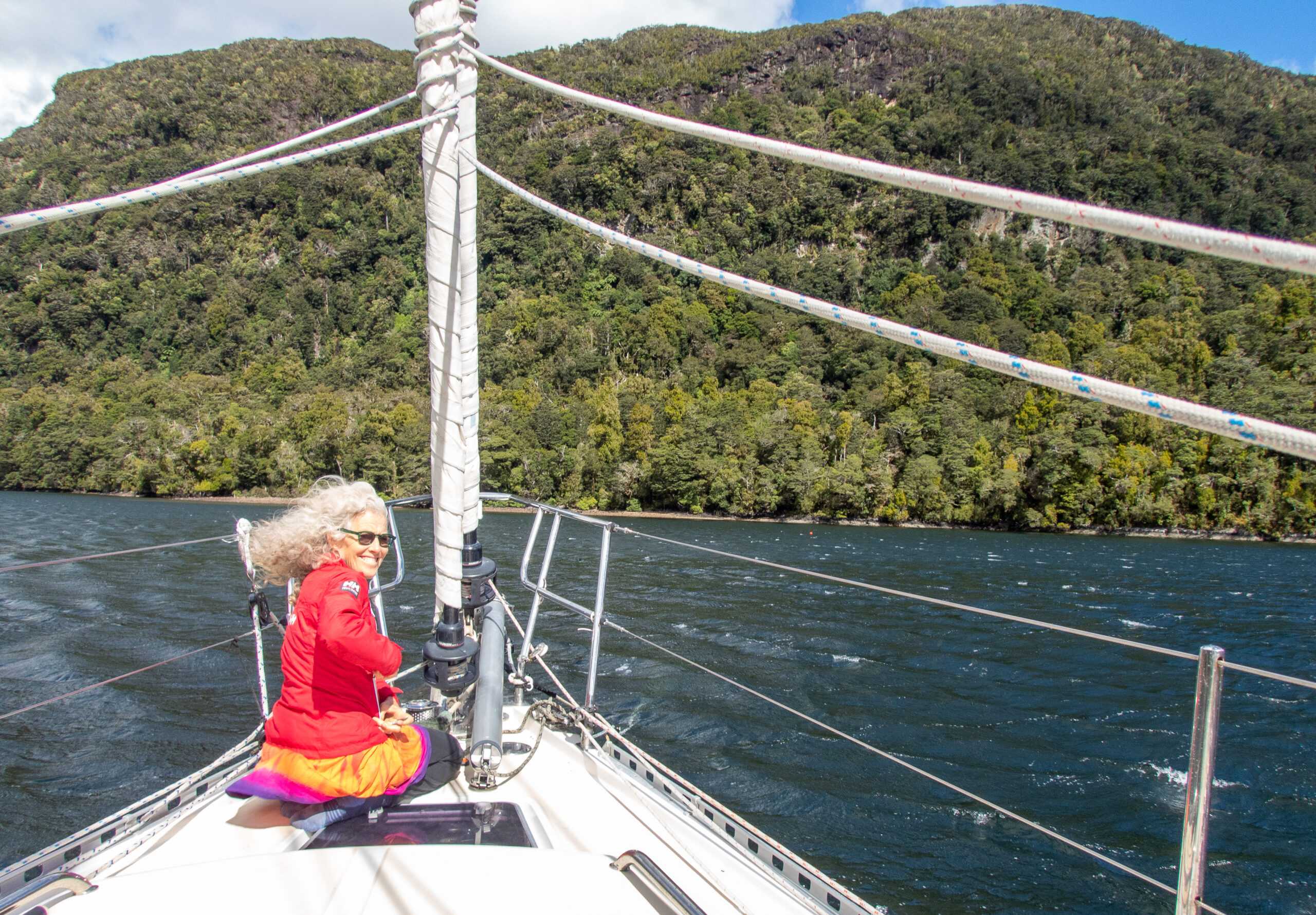
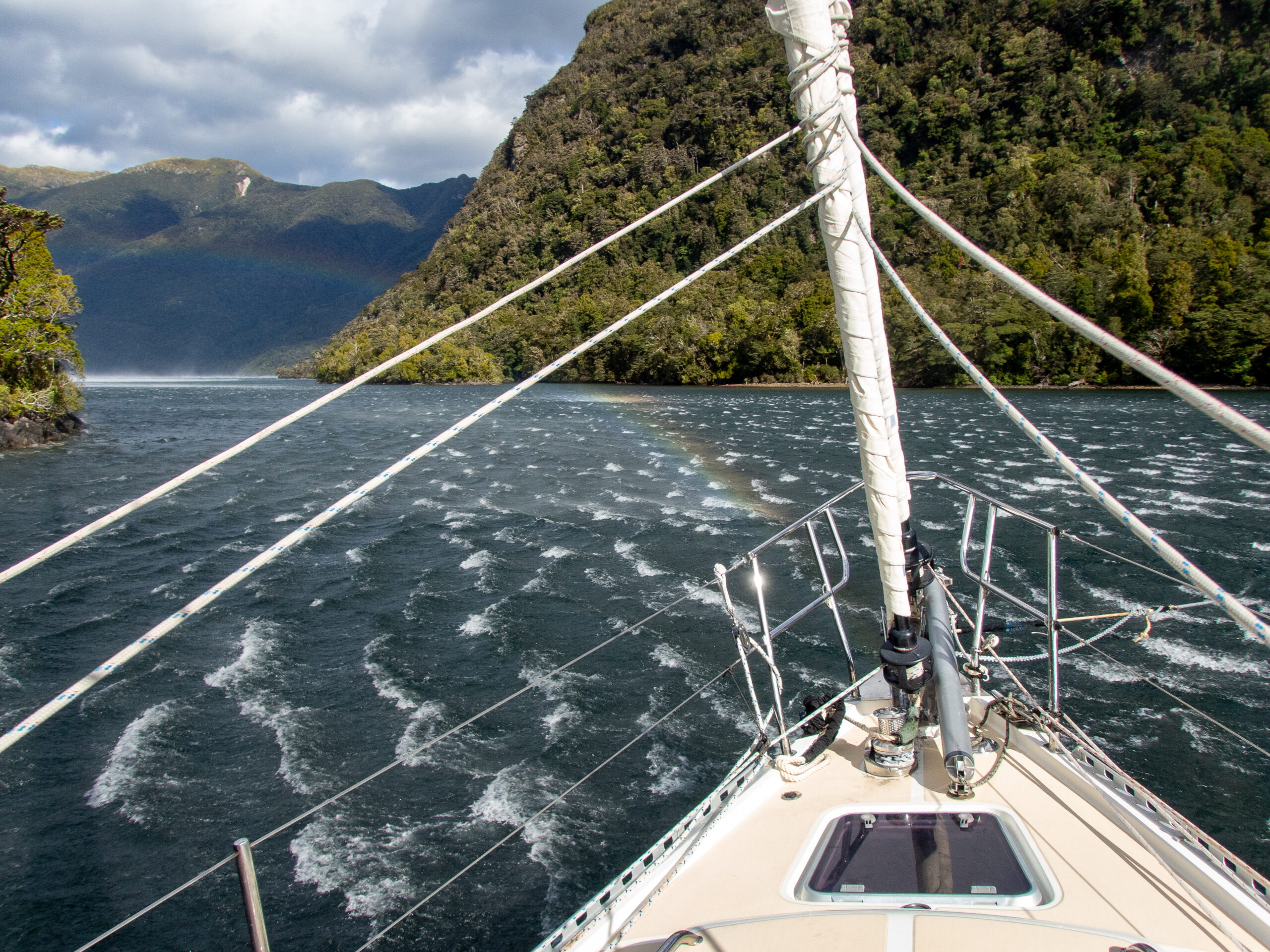
Cascade Cove, Preservation Inlet
We arrived as the announcement came over the PA on a small Real Adventures cruise boat anchored at dead center in the cove, “the generator will be turned off at 9:30 and then back on again at 6:00 for your convenience…” Two crew walked to the bow, short sleeved black uniforms and to our delight, weighed anchor, the boat disappeared past the head of the cove and left us to the cheerful sound of a small waterfall pouring down the rocks next to a stout blue shoreline. We dropped our own anchor and tied up a boat length from shore. One of our books said that brown trout inhabit the river which flows into the lake above the dramatic falls at the head of the cove. A mere two kilometers as the Tui flies. All we needed to do is scramble up the side of the falls, then bushwack along the lakeshore. We clambered up, relying on roots and branches for hand holds, worrying about the way back down, and somehow made it to the top of the falls. The steep sided outlet of the lake forced us up and up over fallen mossy logs and broken rock faces. Every step was a miniature triumph as we inched and wiggled and scooted minutely closer. The edge of the lake, walking in the shallow was better for a while, until it became a mote of surprise waist deep holes and fallen logs. After hours invested in about a kilometer of progress, we admitted defeat and turned back, now knowing what lay ahead. Many times we expressed gratitude for the near absence of sandflies and the forest herself was pure magic of green mosses and deep ferns and wise old trees. Back at the outlet of the lake where for a brief time there had been trail flags to follow, we found a row boat pulled ashore that we had walked right by. Those Long River brown trout will never know how close them came. The biggest challenge was finding our way back down to the dinghy tied up in the outflow below the falls. We had cleverly laid out markings with sticks on our way up to mark the way, but those didn’t work out any better than bread crumbs did for Hansel and Gretel. We cliffed out, over and over again, but eventually, banged, bruised and muddy found a way down, never more happy to find Namo, dutifully waiting to take us home.
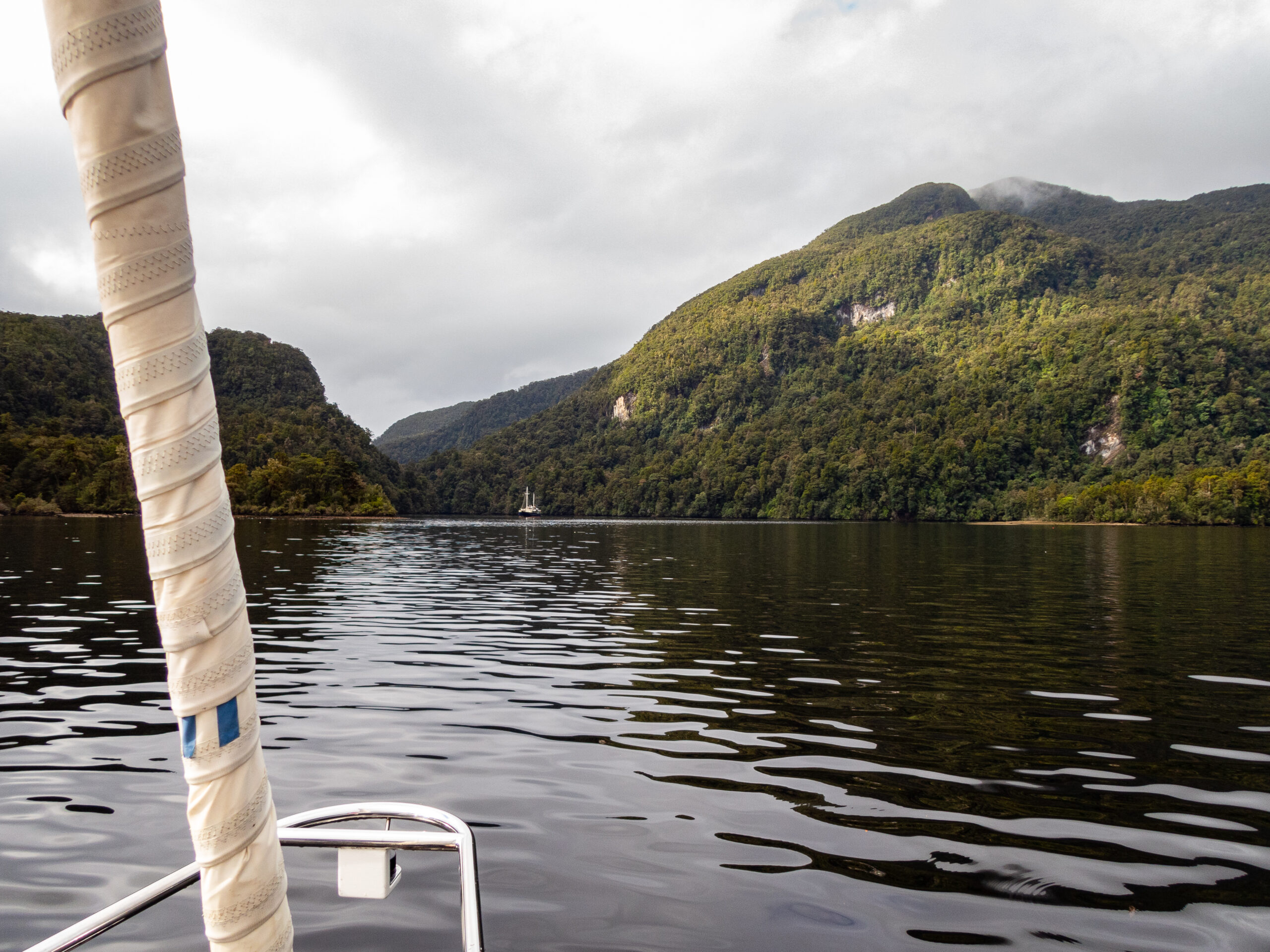


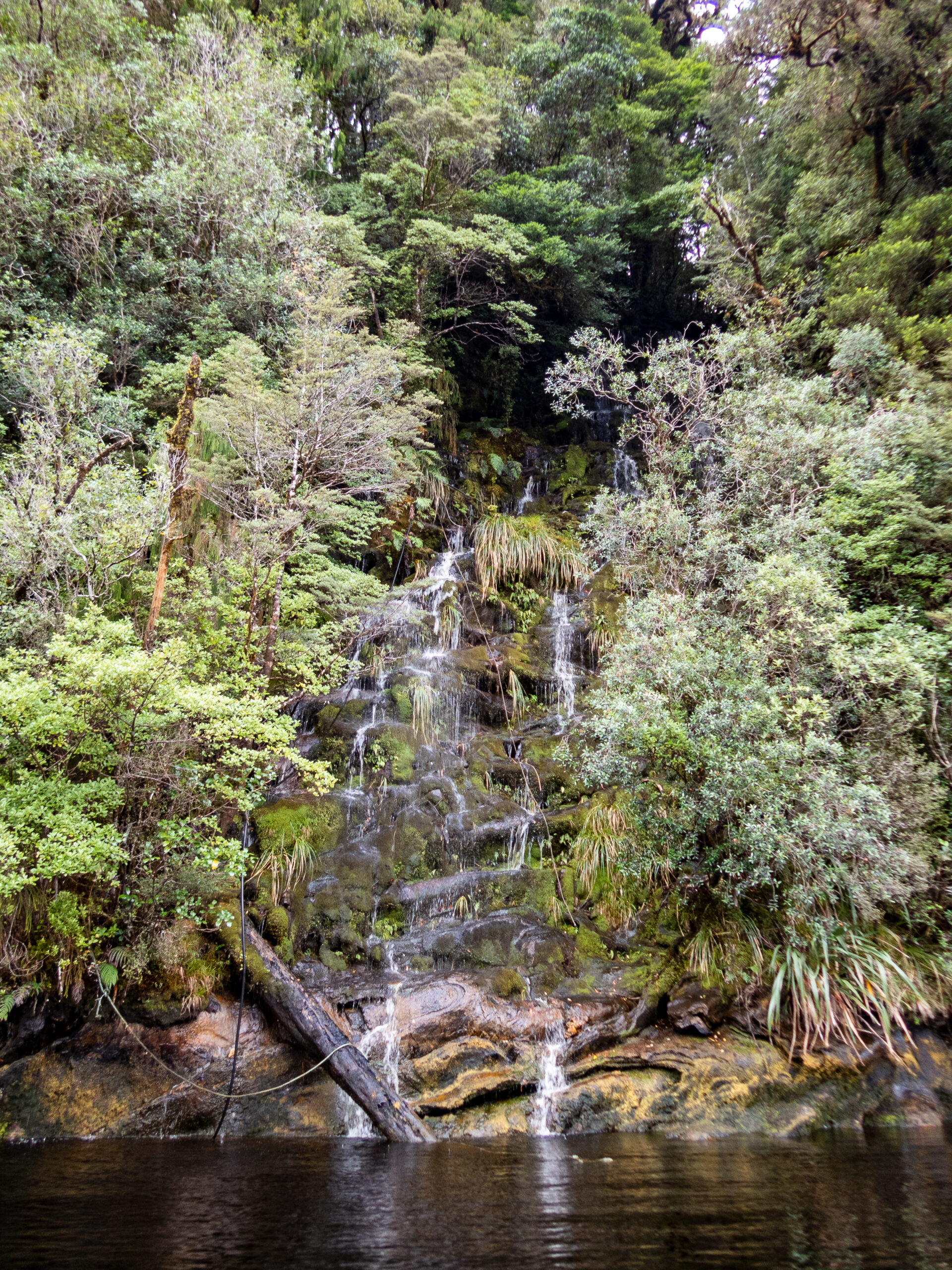
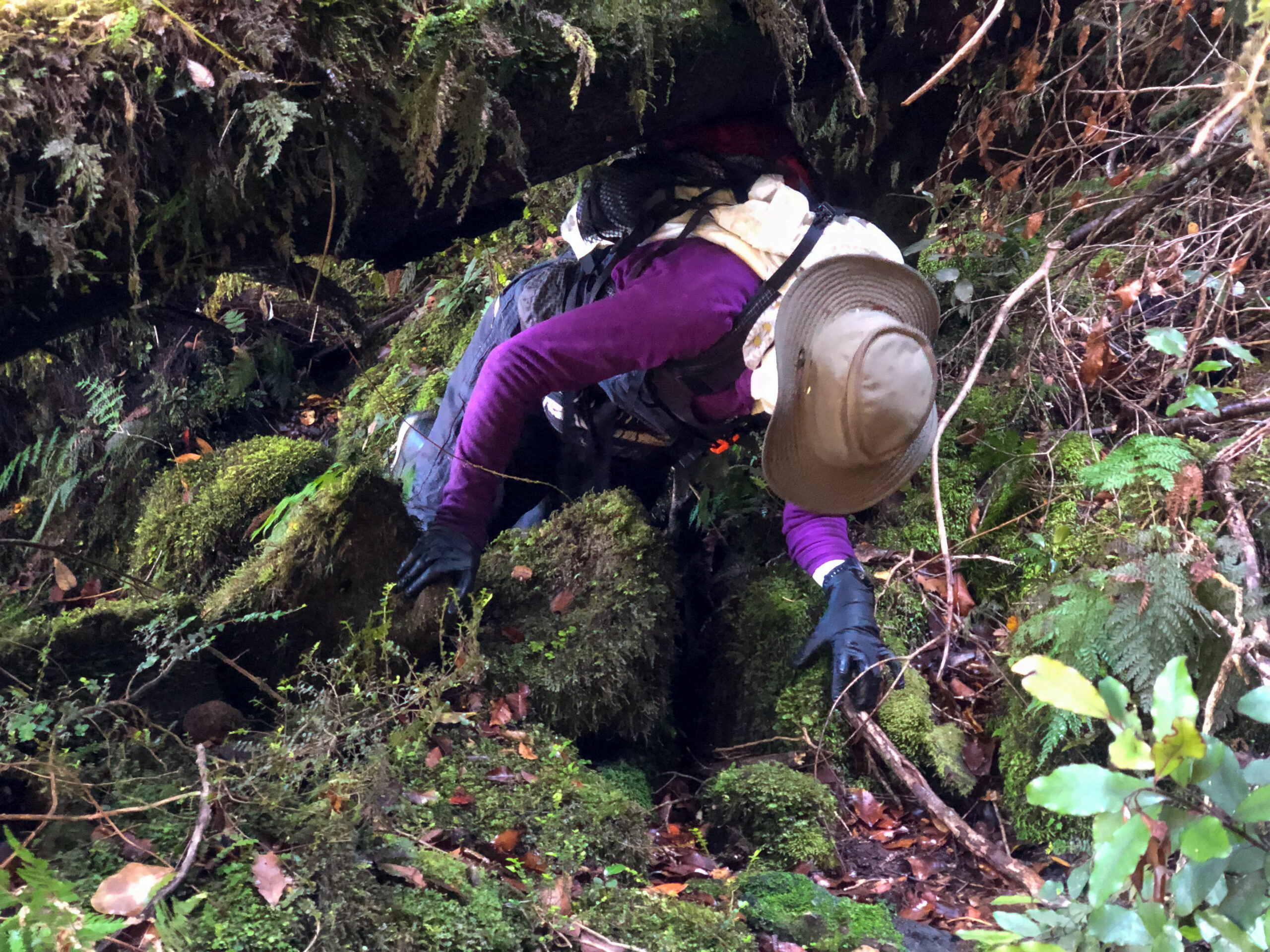
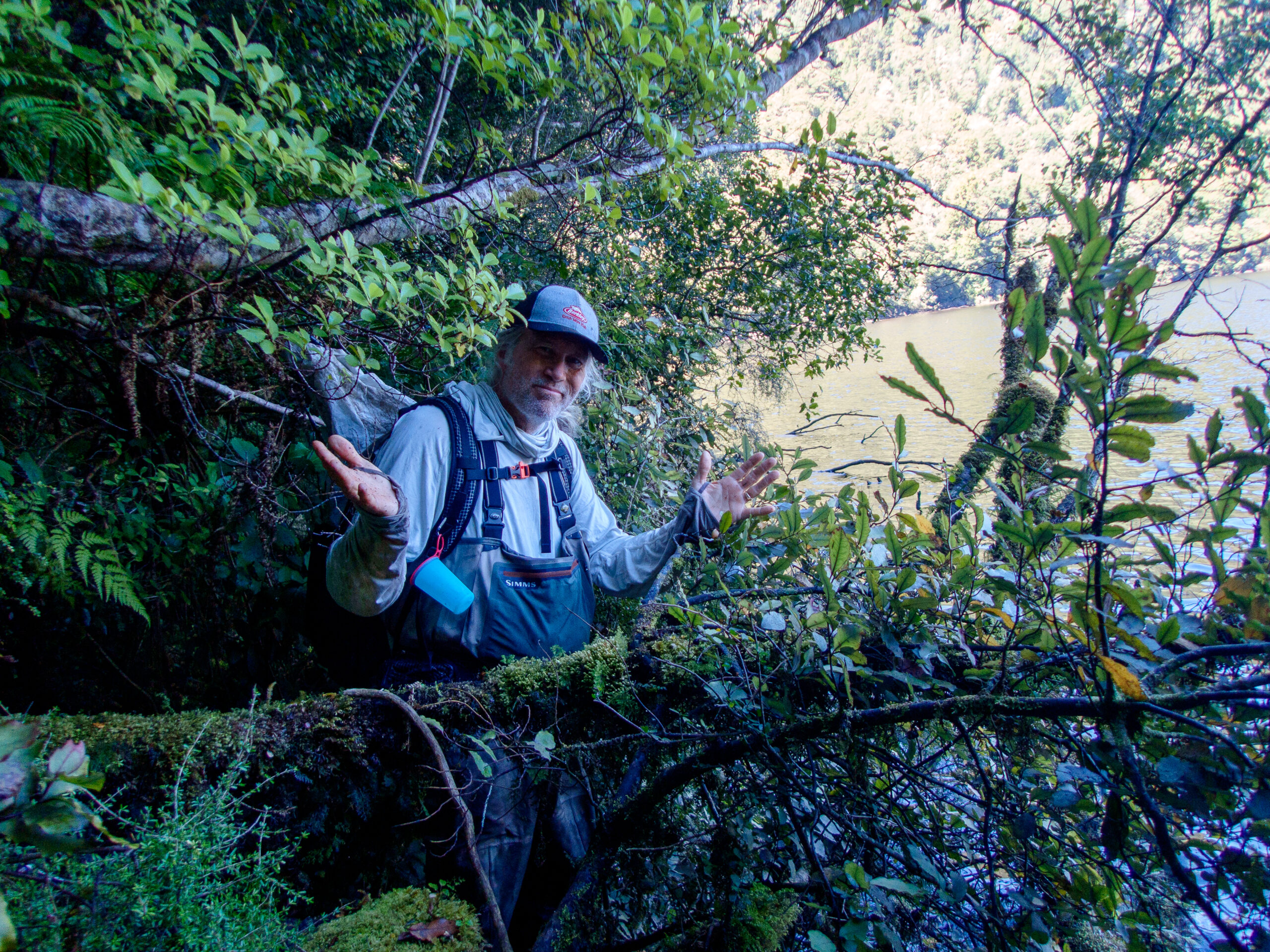

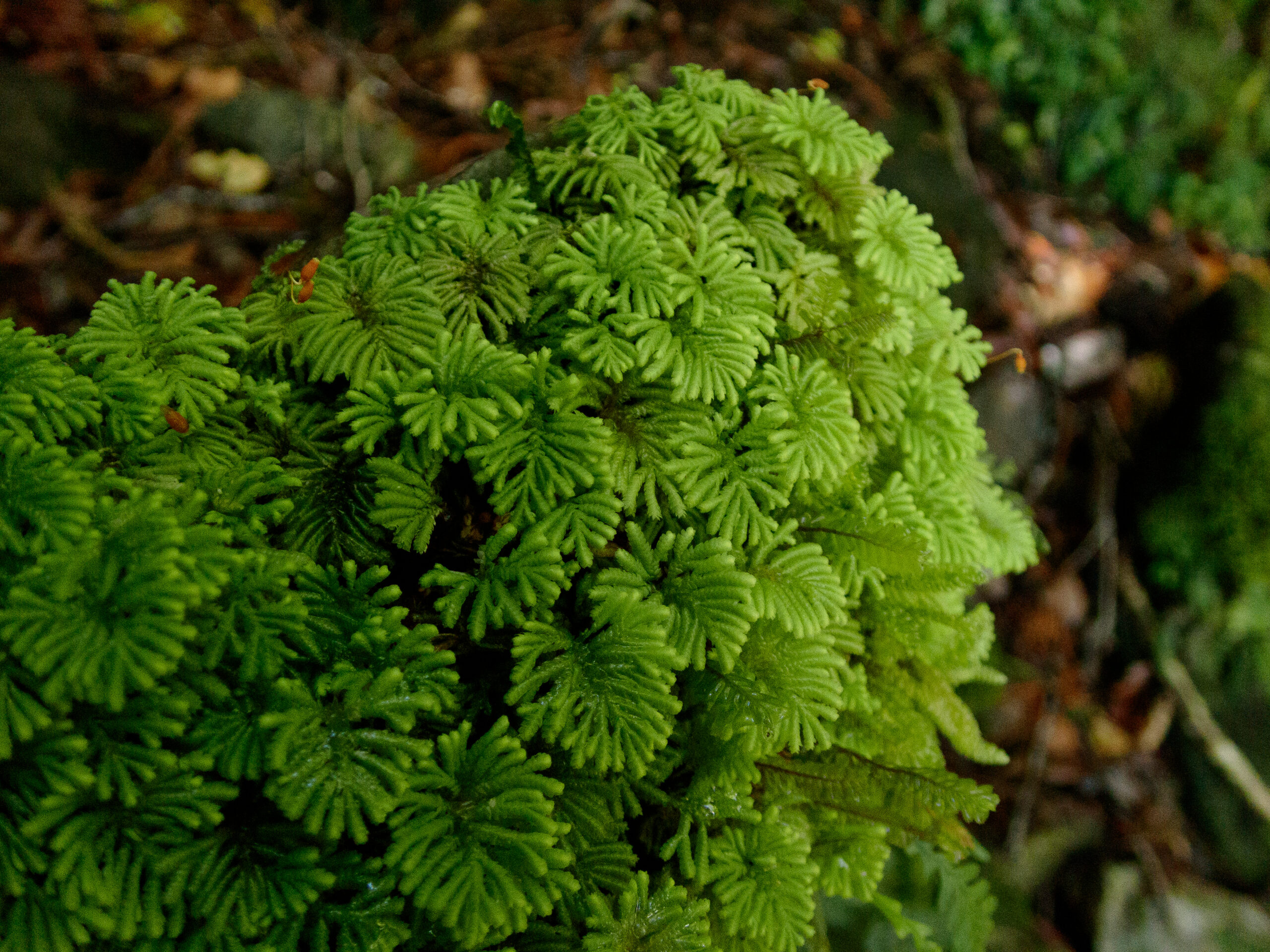
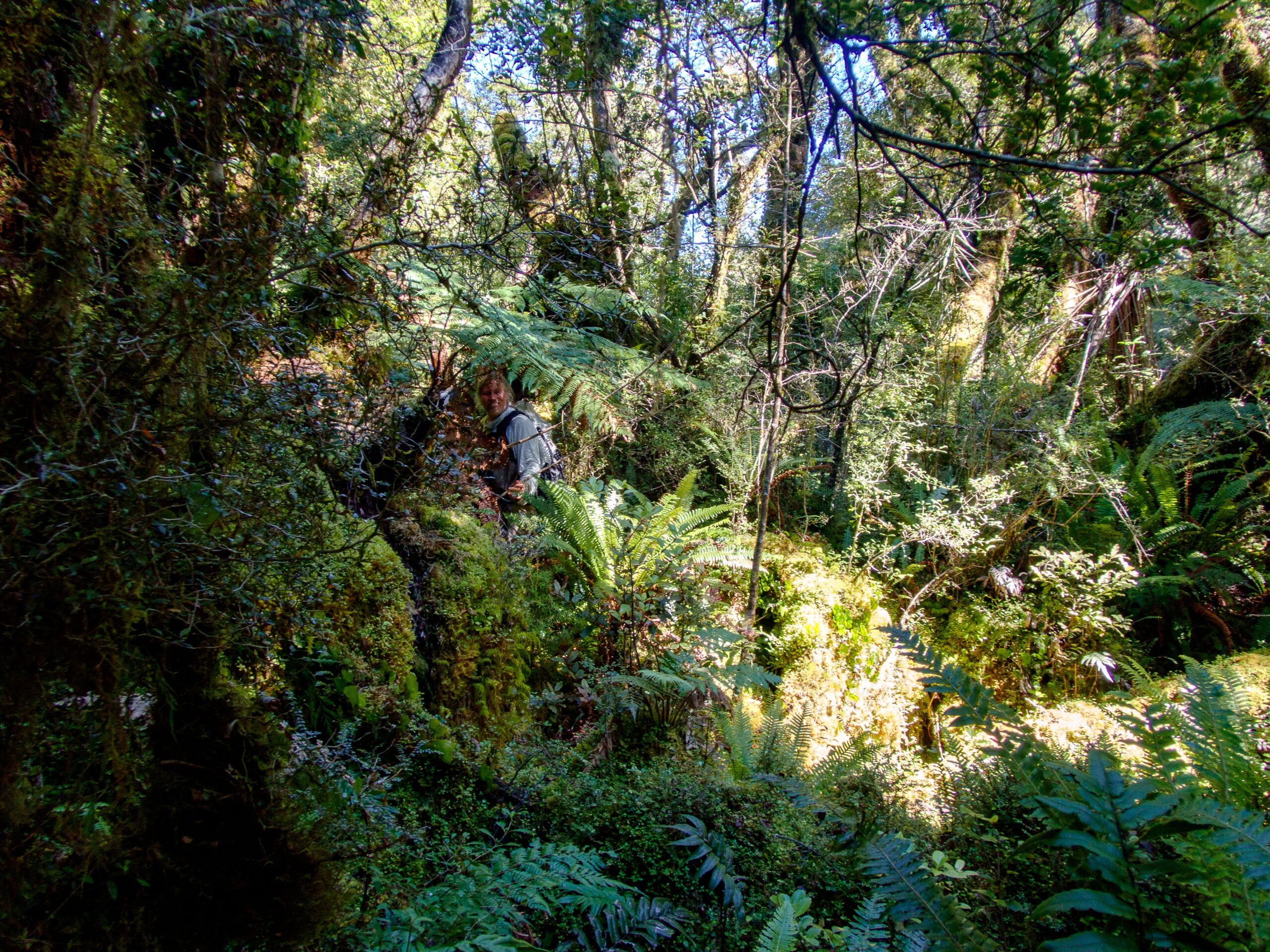
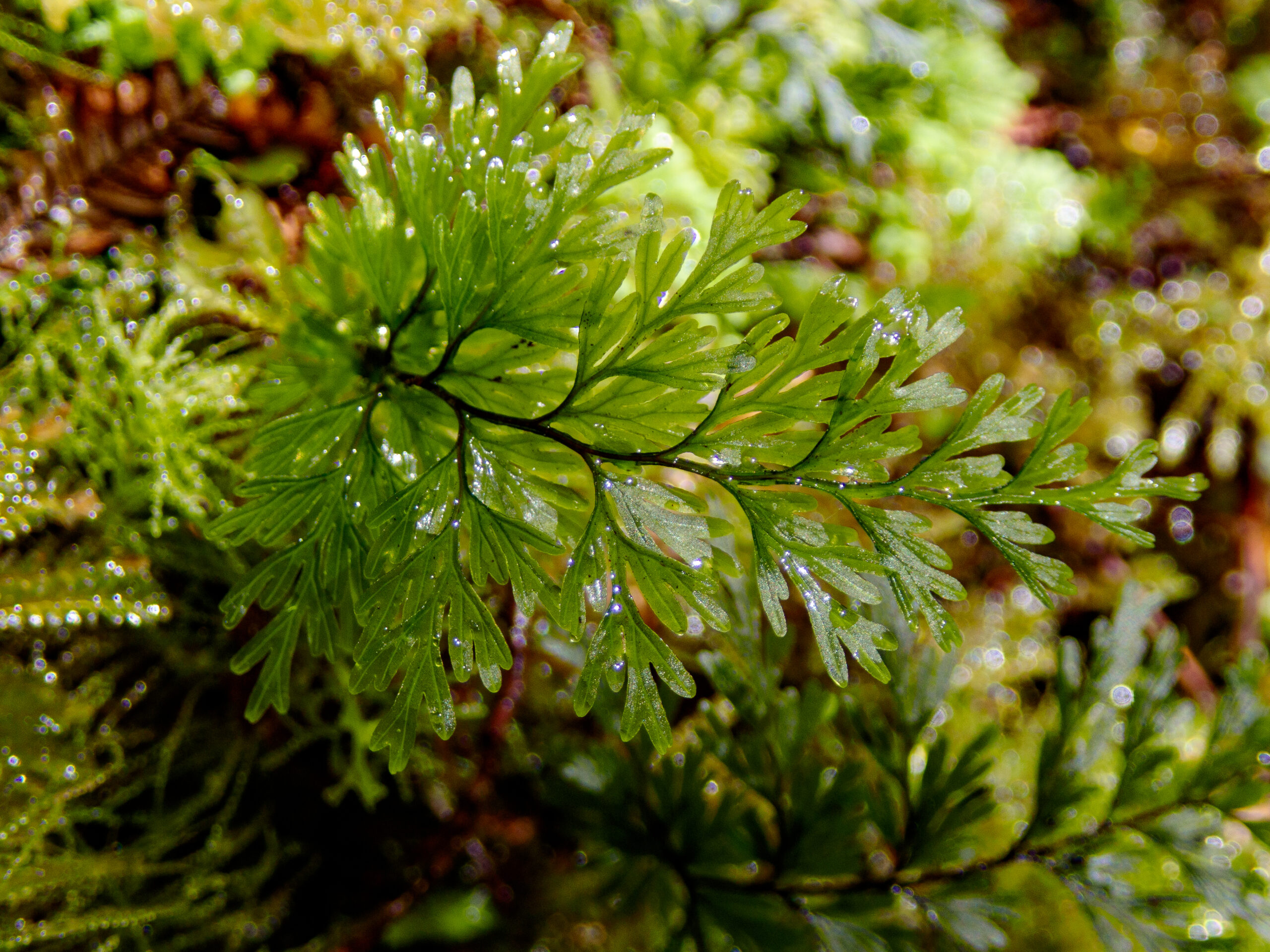
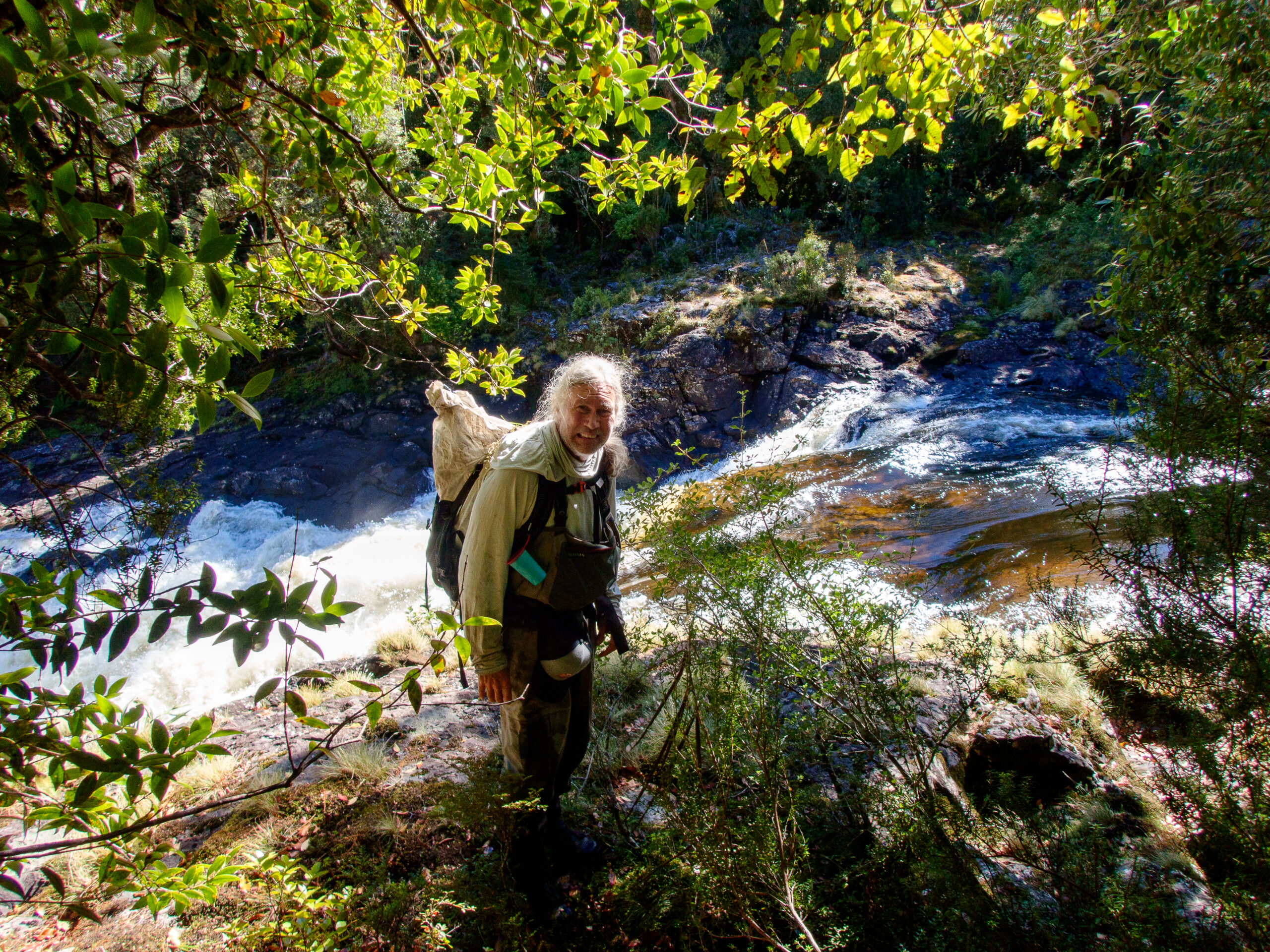
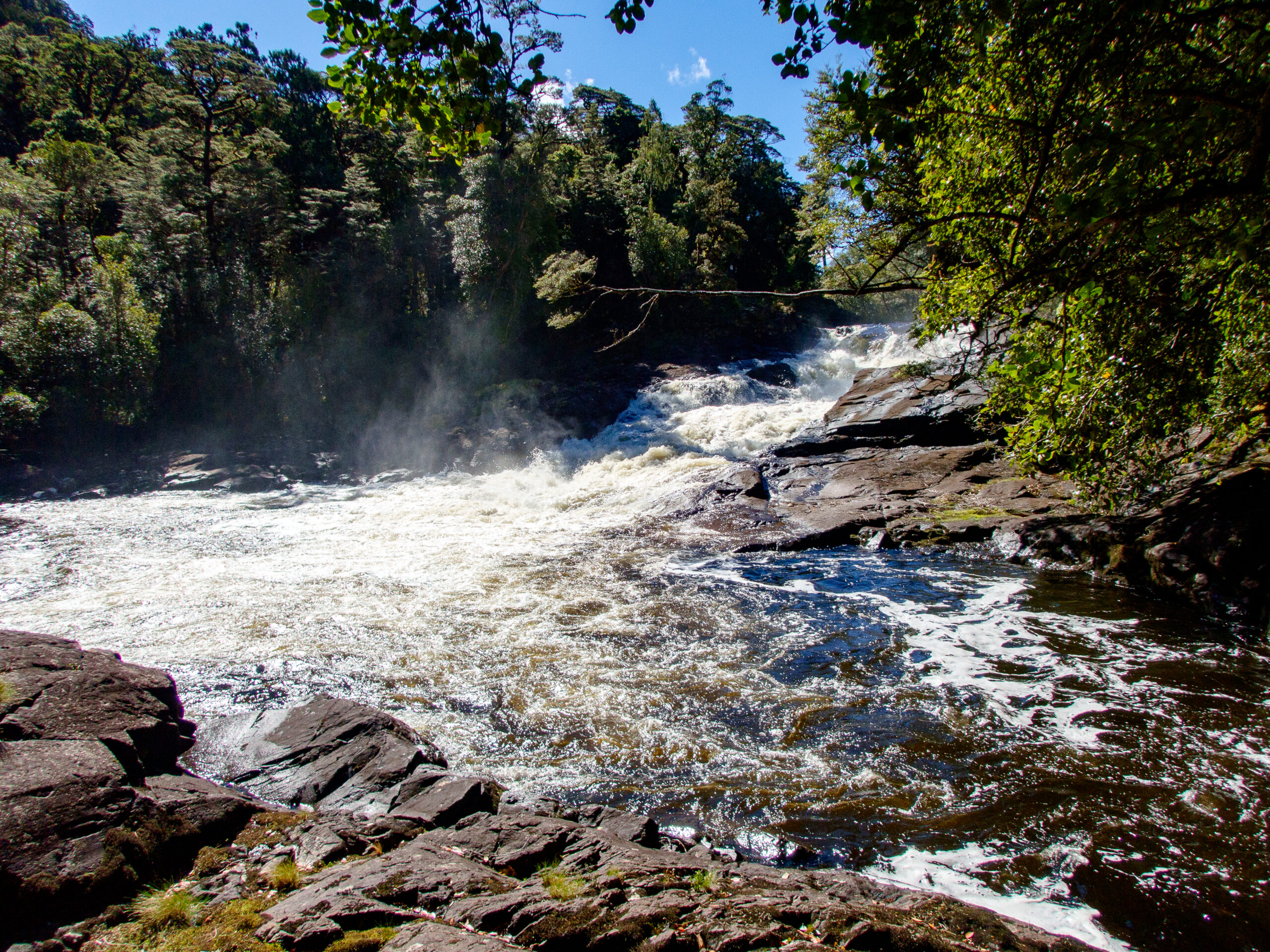
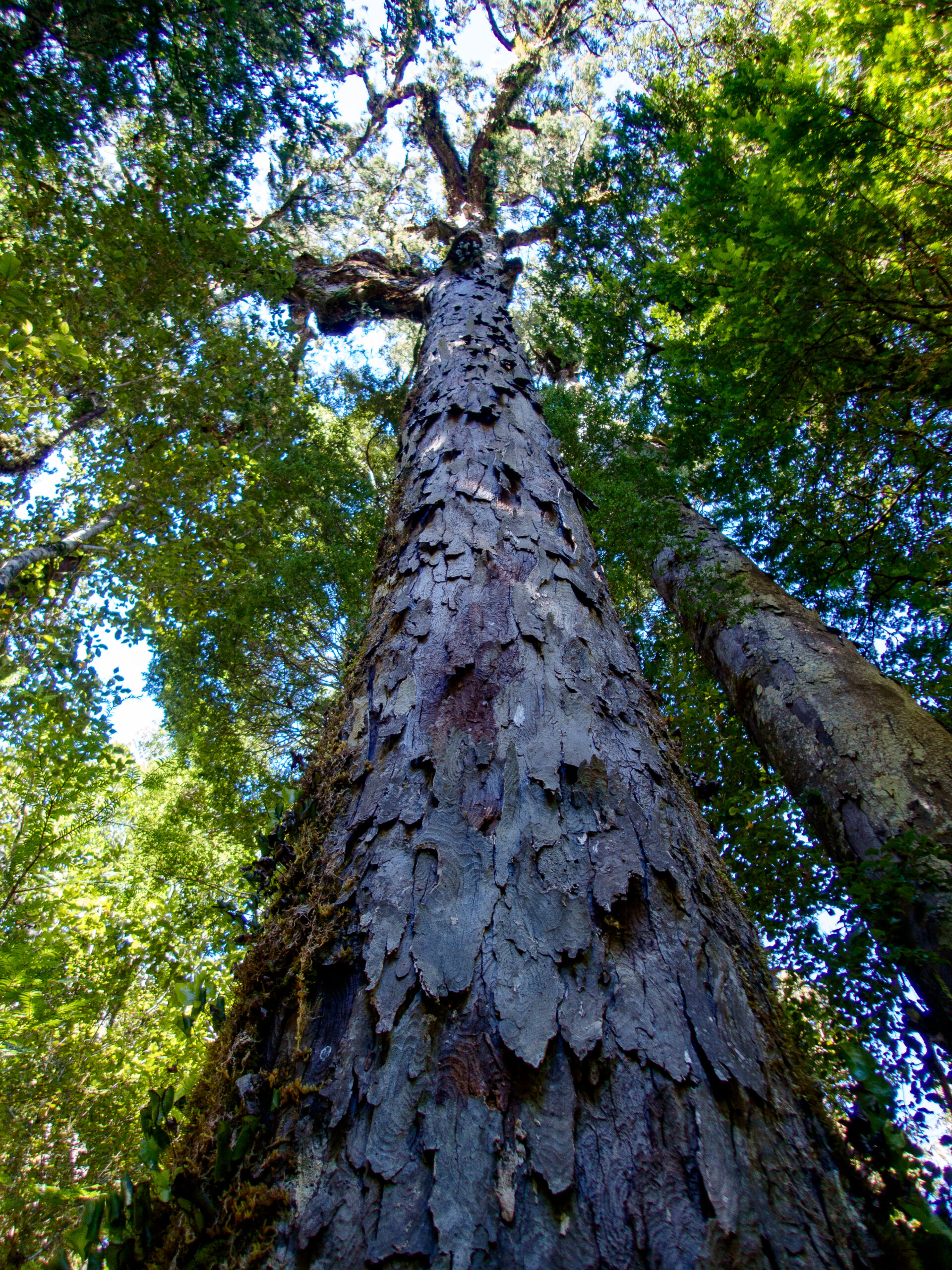
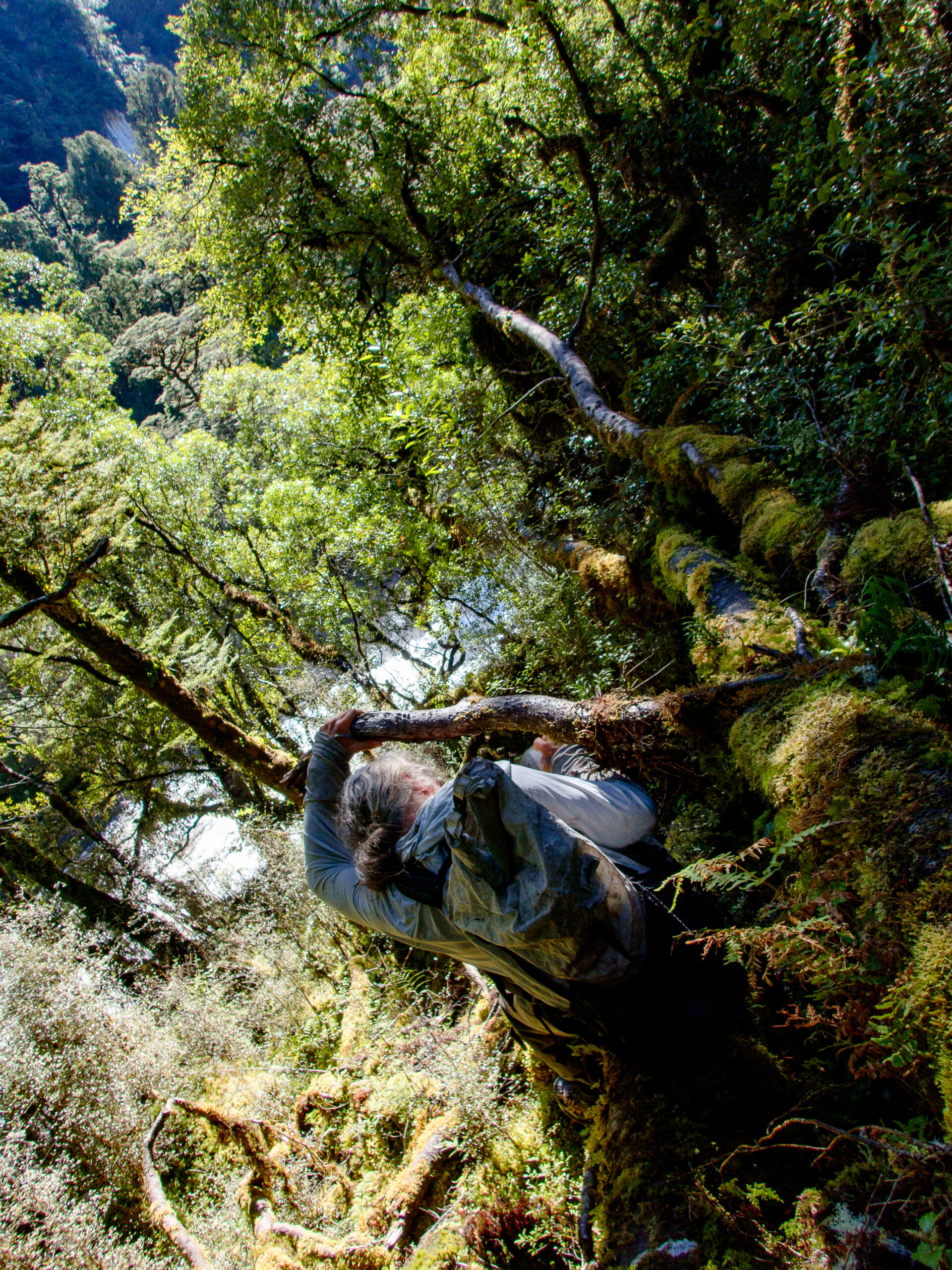
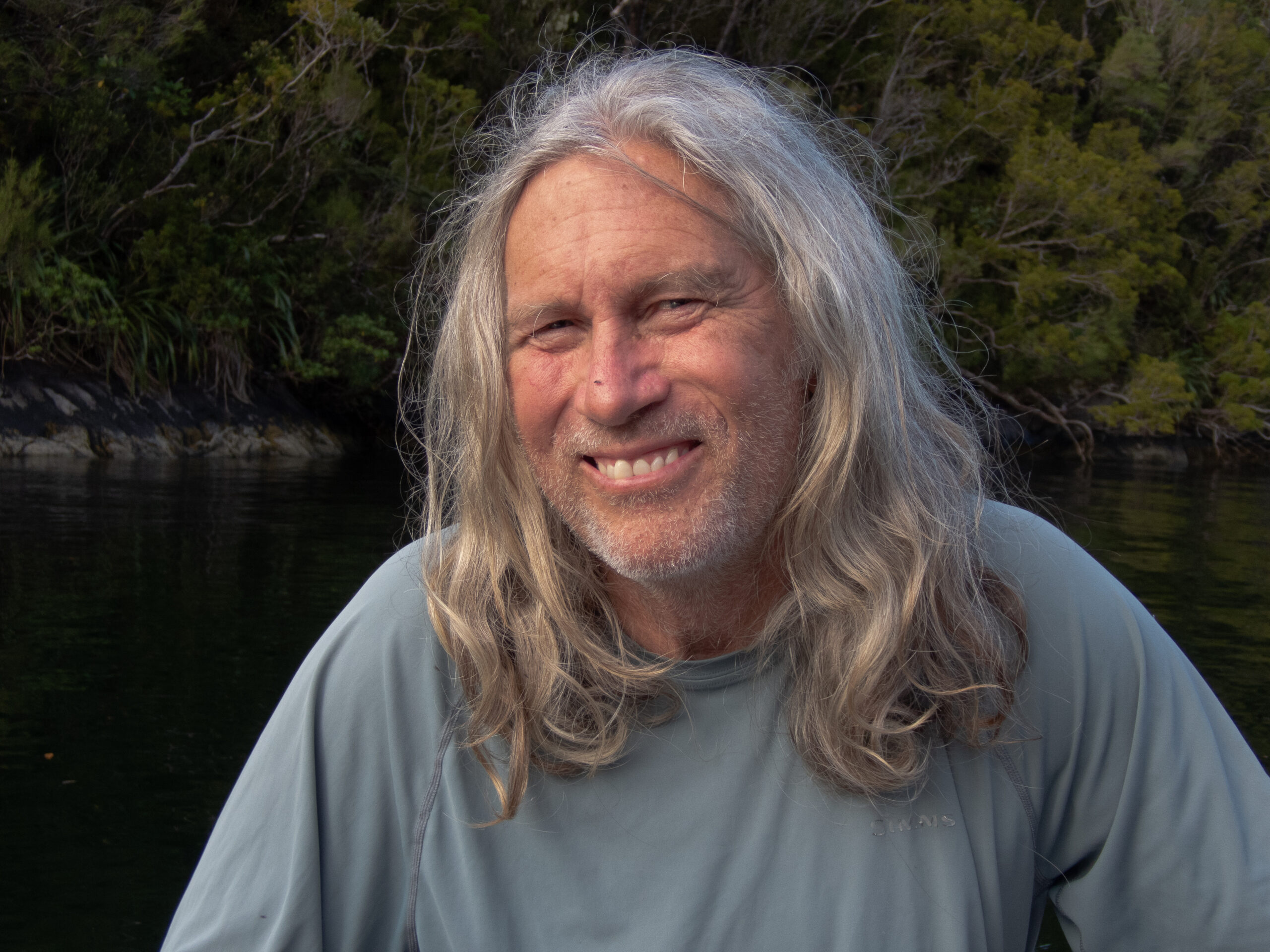

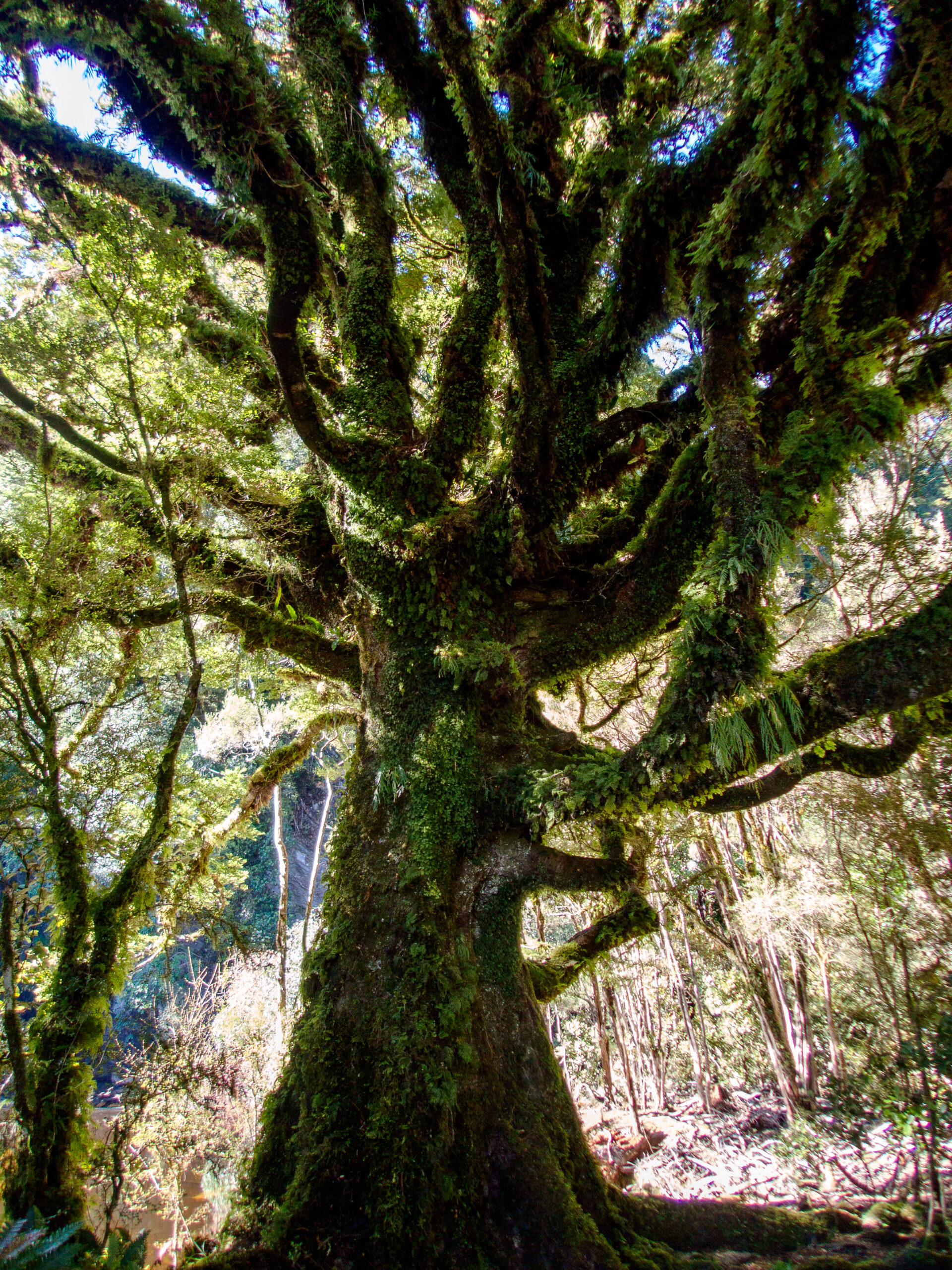
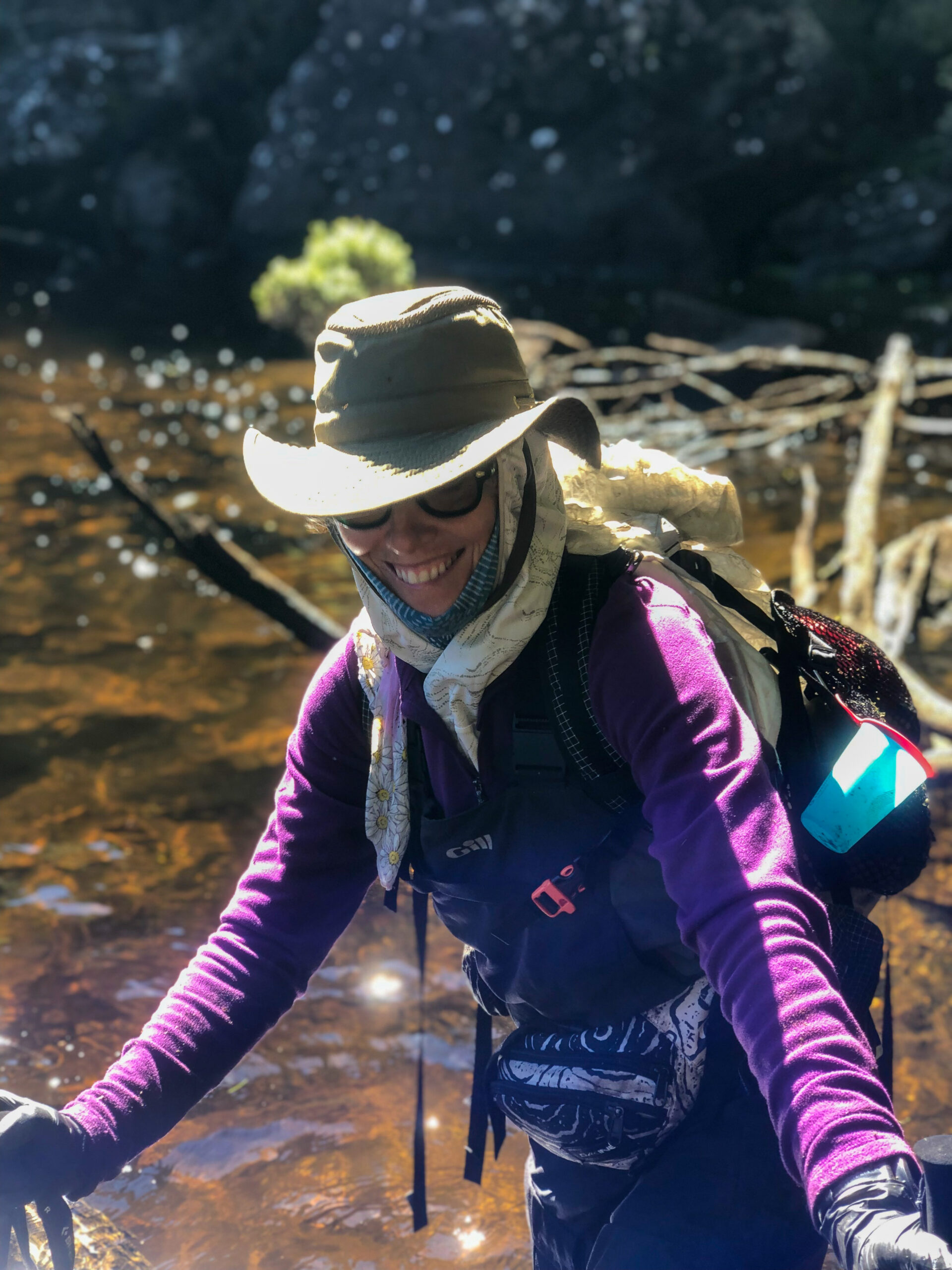


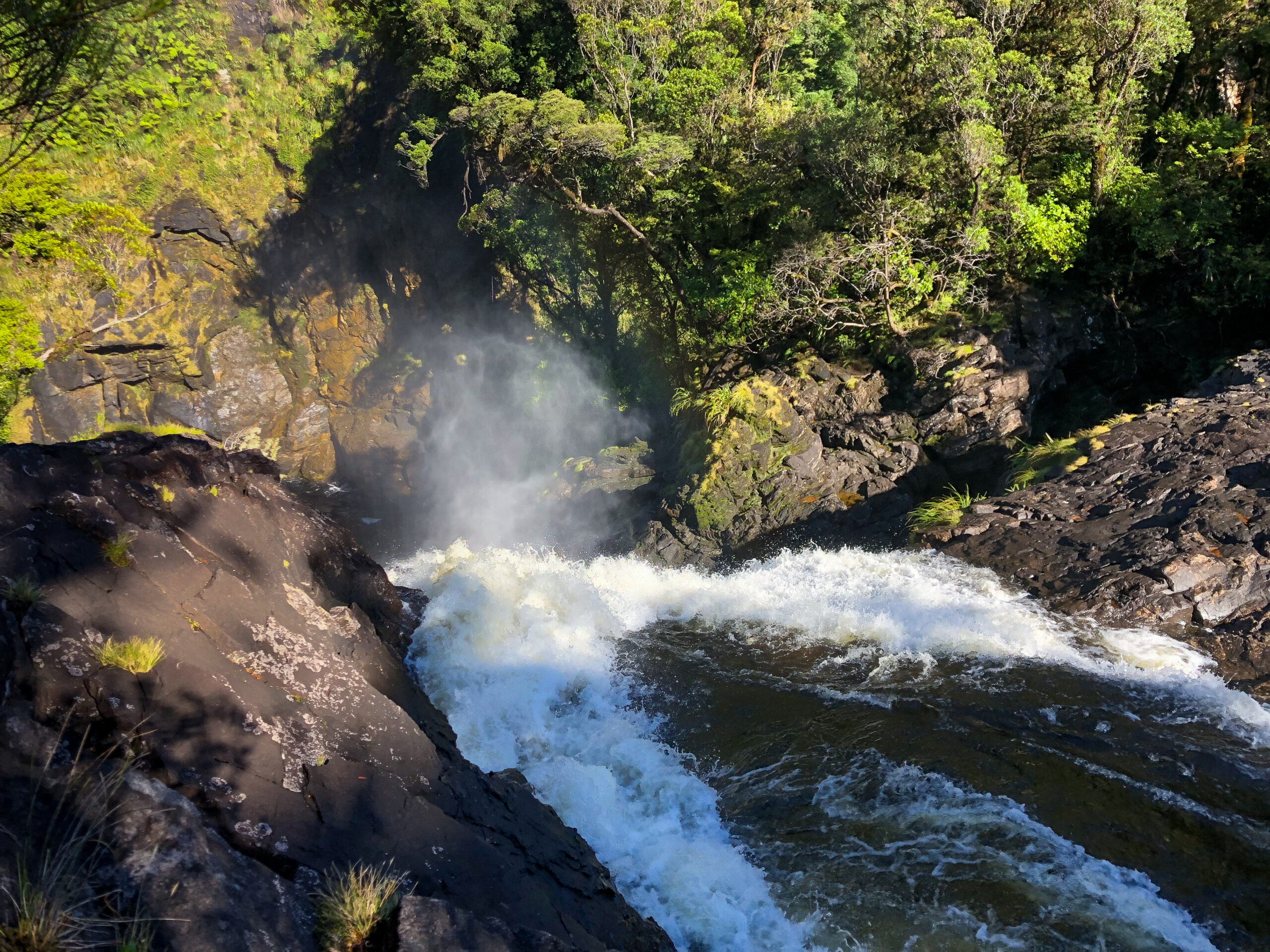

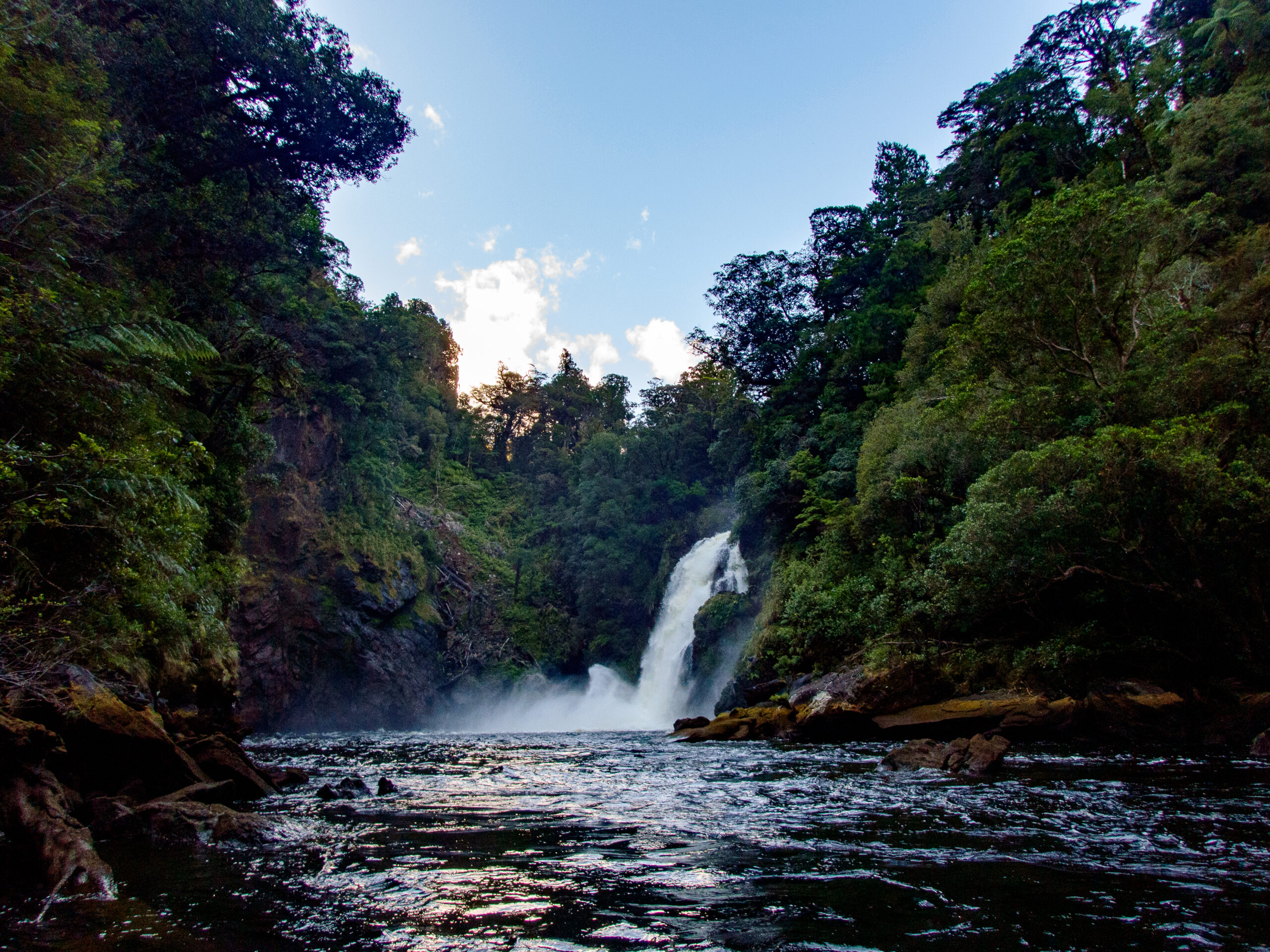
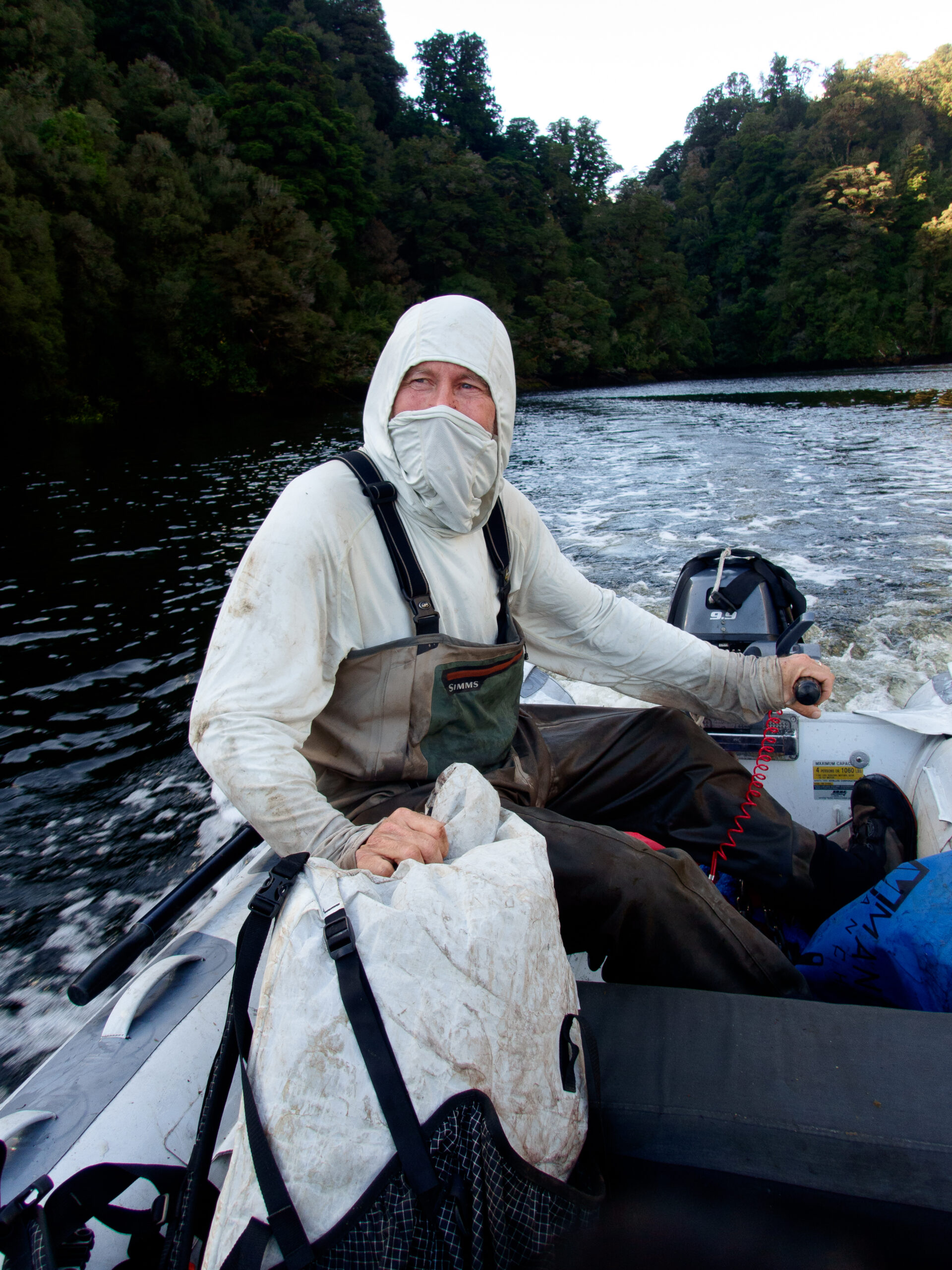
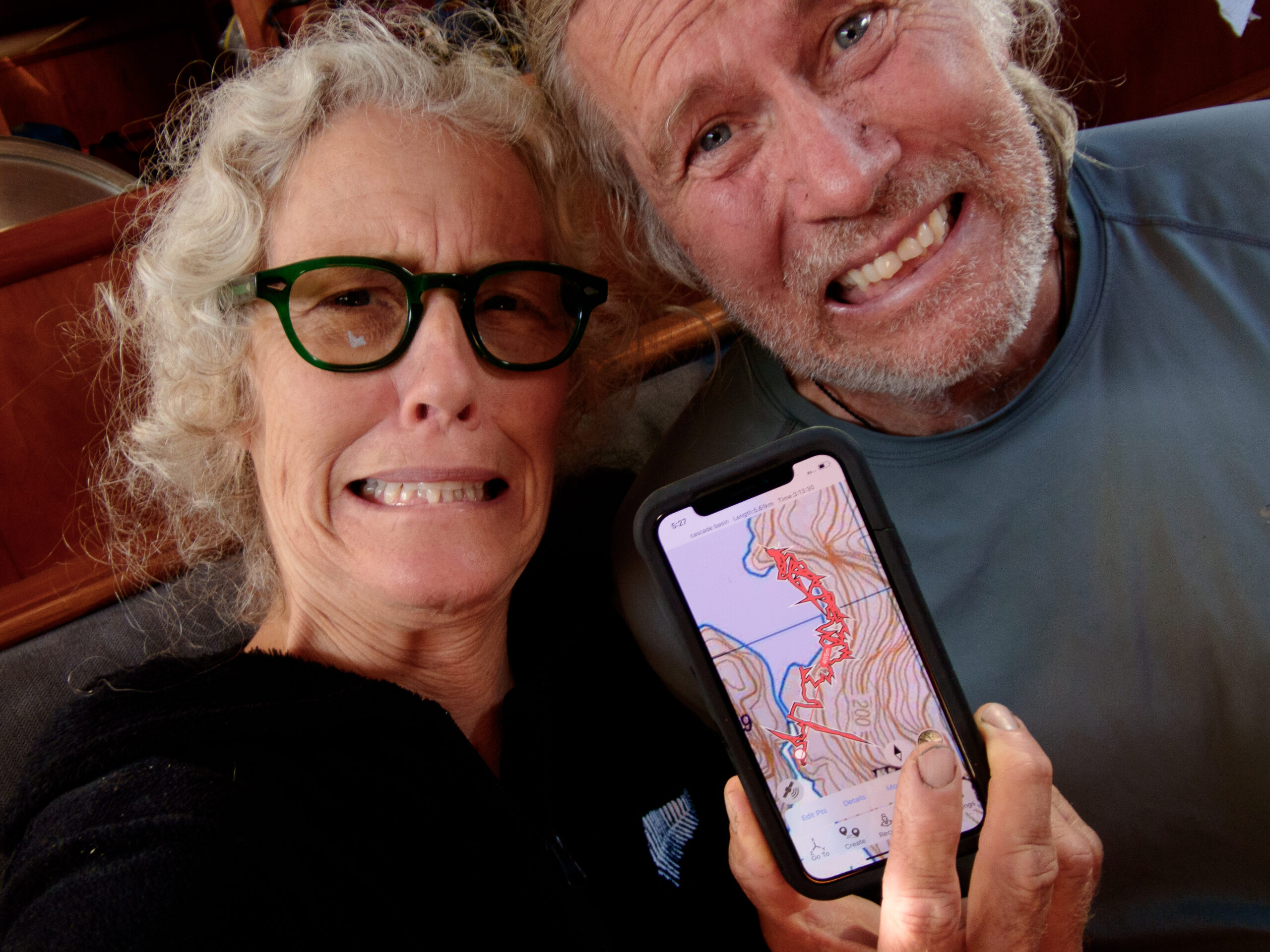
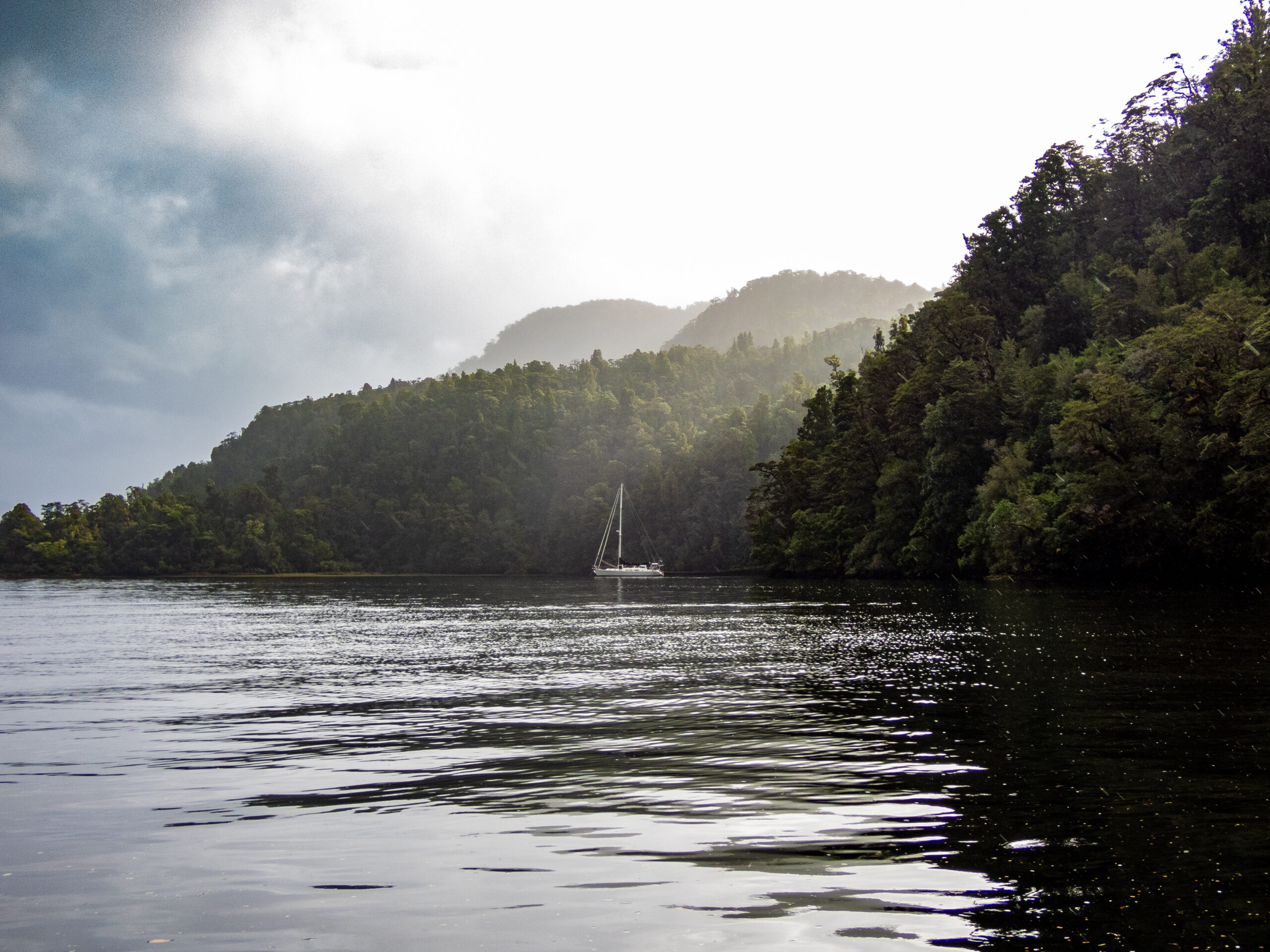
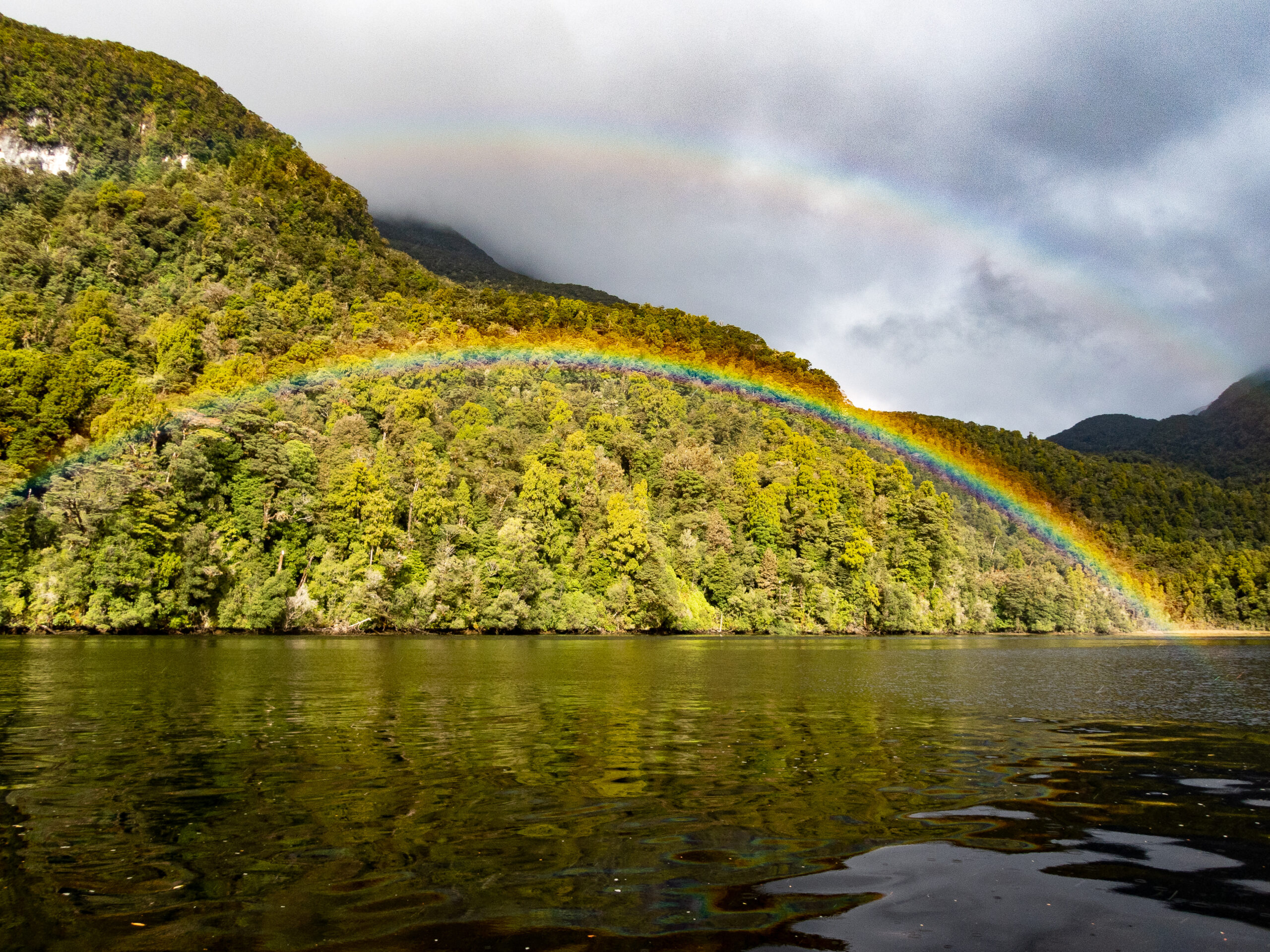
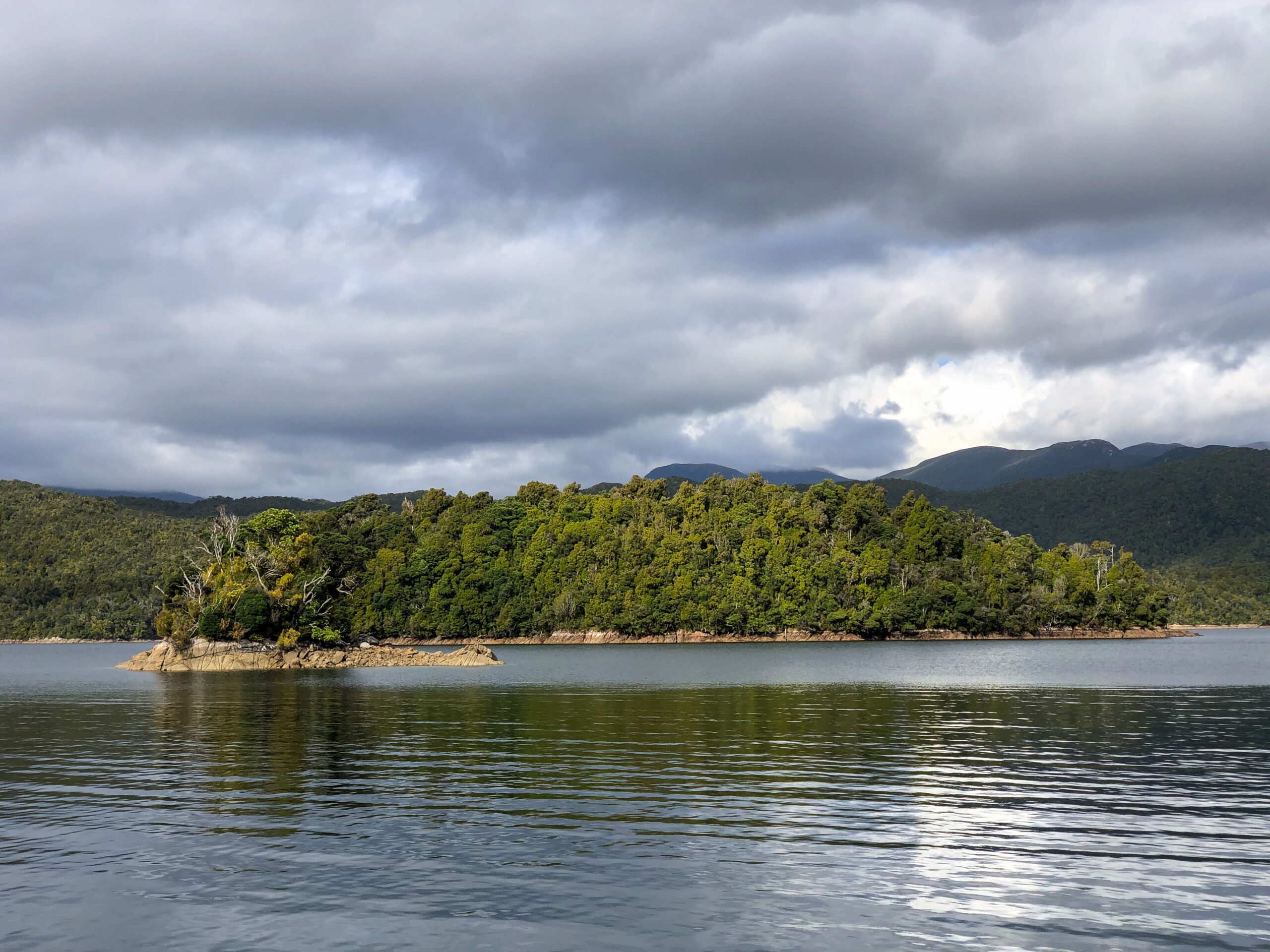

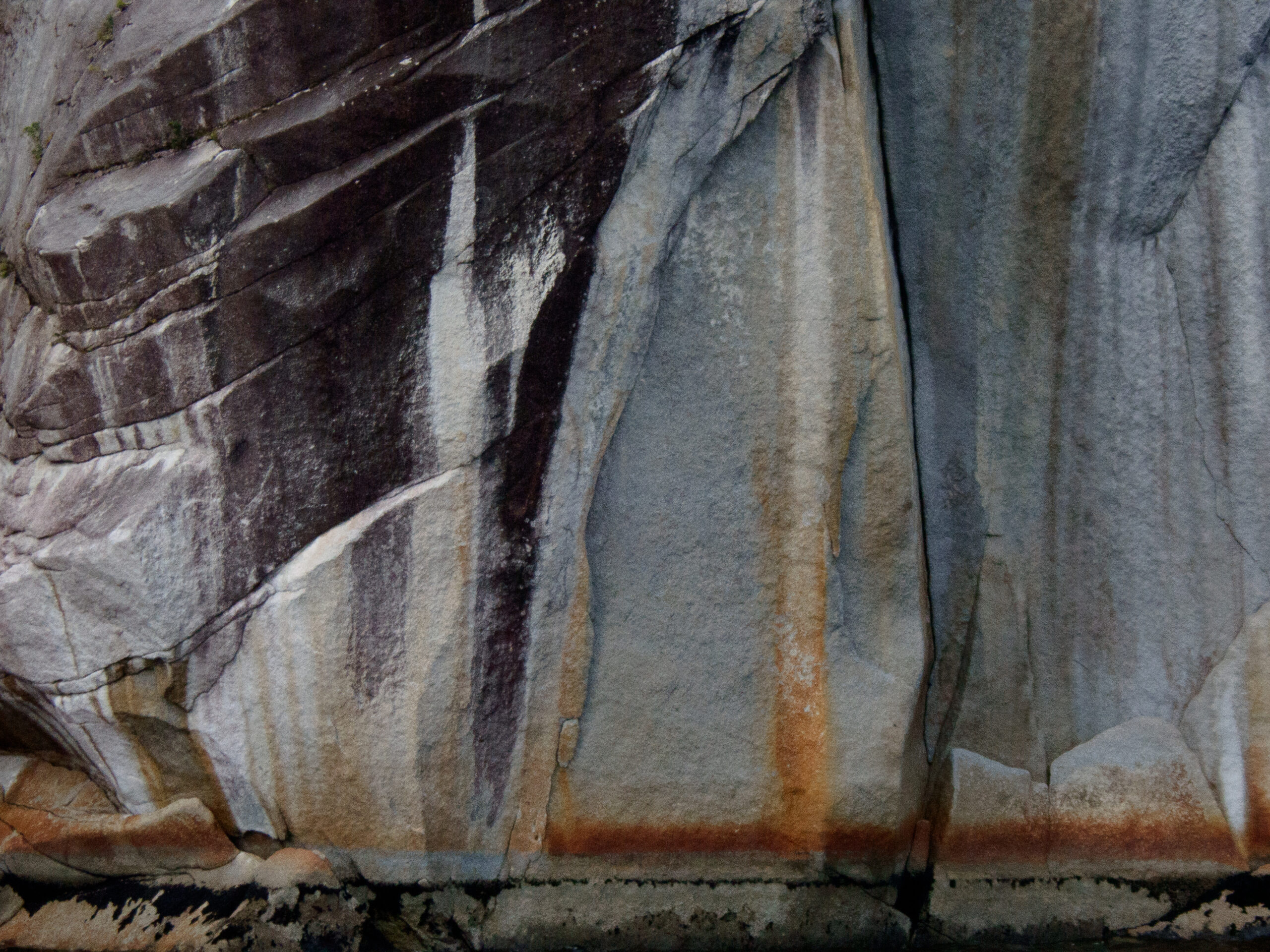

Next stop: Fiordland/Dusky Sound
Port Pegasus, Pikihatiti, southernmost region of Rakiura/Stewart Island
Port Pegasus
After a long period in the 19th century of surprisingly energetic efforts to master and exploit the natural “resources” of Rakiuru, whaling, mining, seal fur trade, fishing and harvesting lumber, New Zealander’s finally left most of this southern island alone, so that ninety-eight percent of the island is under the management of the Department of Conservation (DOC). It is wild again, and feels that way. There are a few DOC huts scattered about, and a system of trails but most of the island is difficult to reach in any other way than a boat. Port Pegasus still has the remans of some of the settlements, rusted and covered in the bush, but arriving by sea it feels beautifully raw and untouched with very few visitors. We saw a few other boats, including Pazzo, who we met in Lyttelton. The fishing was ridiculously prolific. We caught something on nearly every drop of the jig, and it took less than fifteen minutes to have our first legal sized Blue Cod for tacos. All in all, a very special, wild, rarely visited place that was a little chilly from steady winds that certainly had a whiff of Antarctica on them.
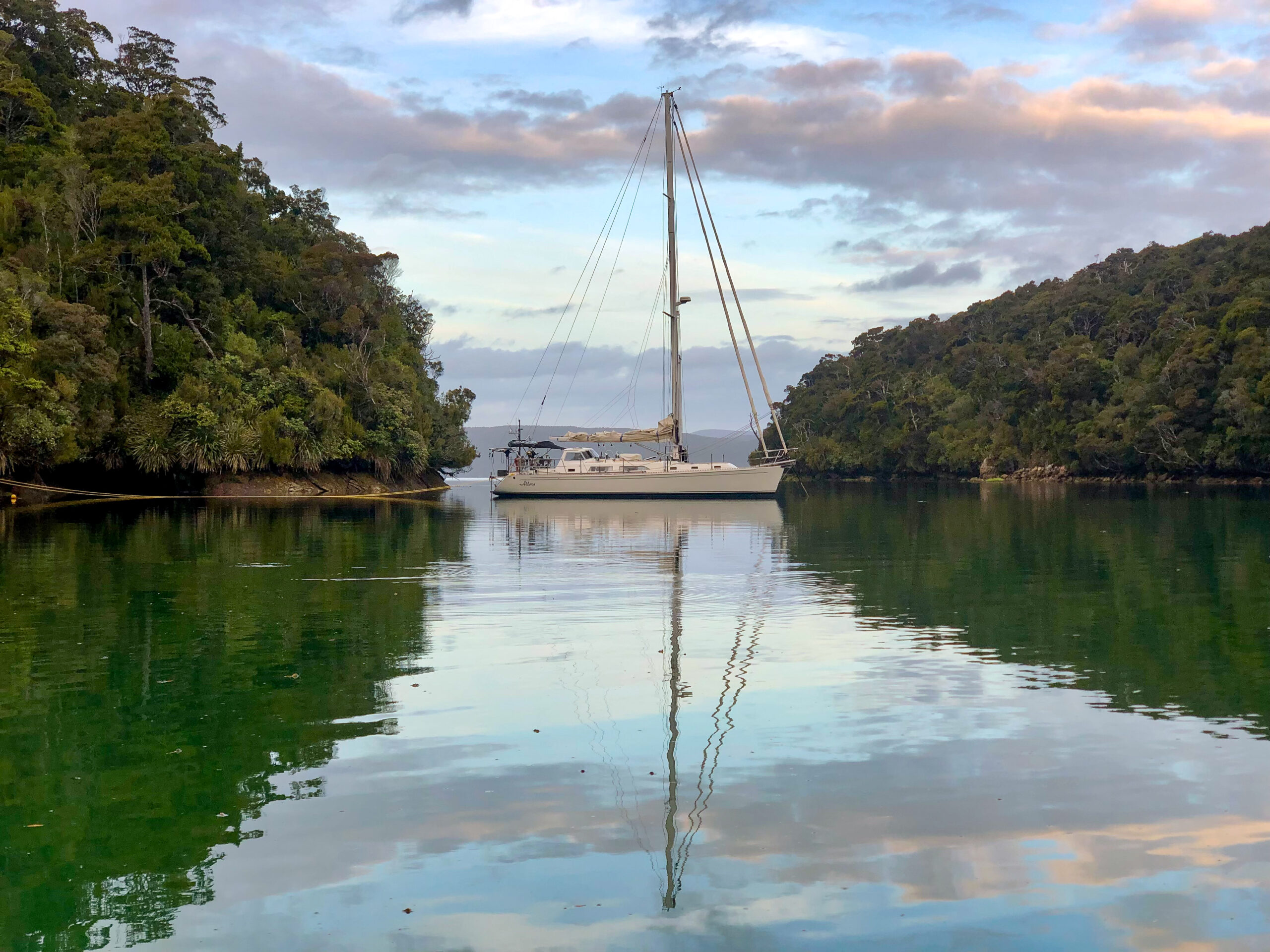
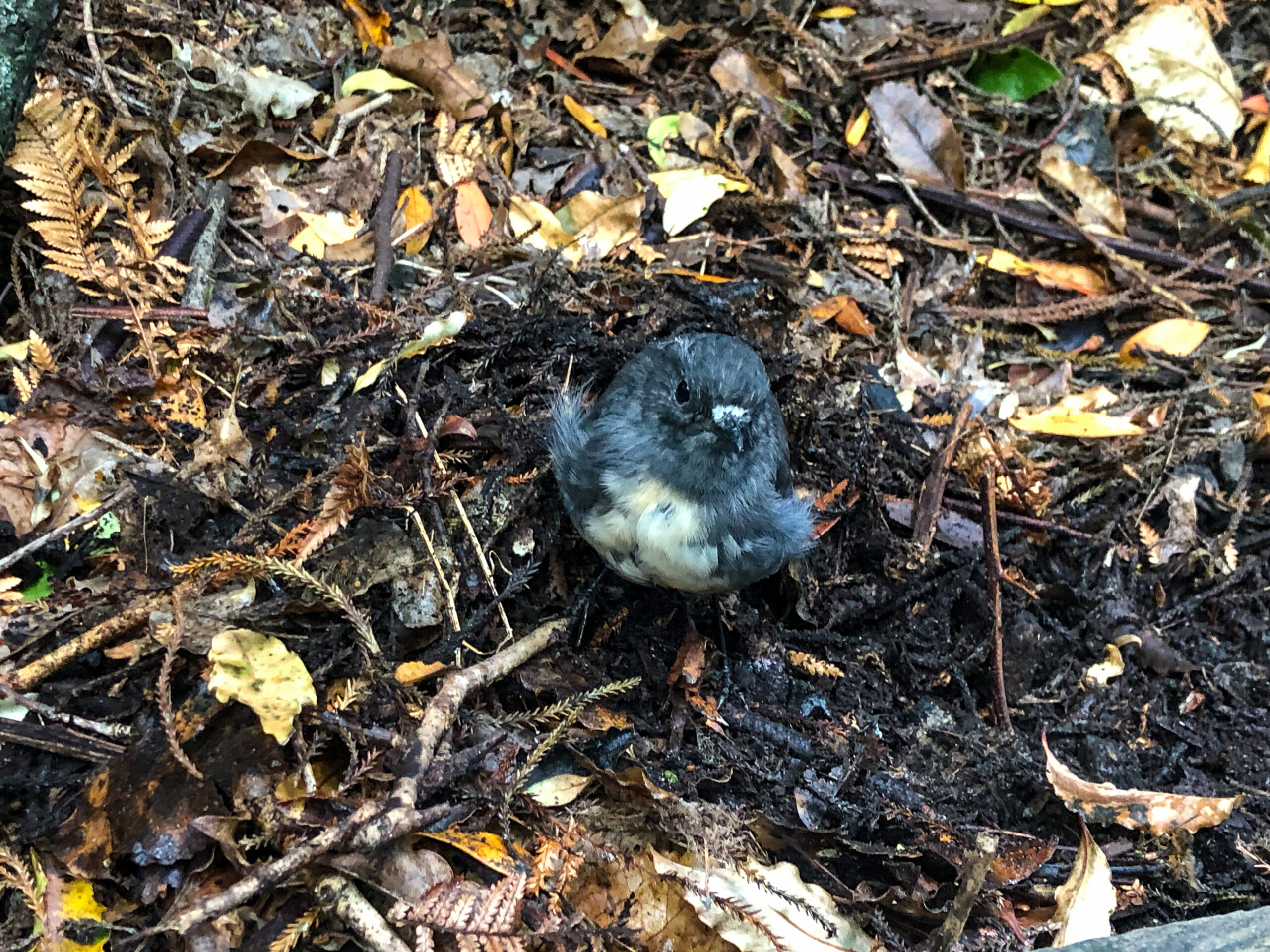
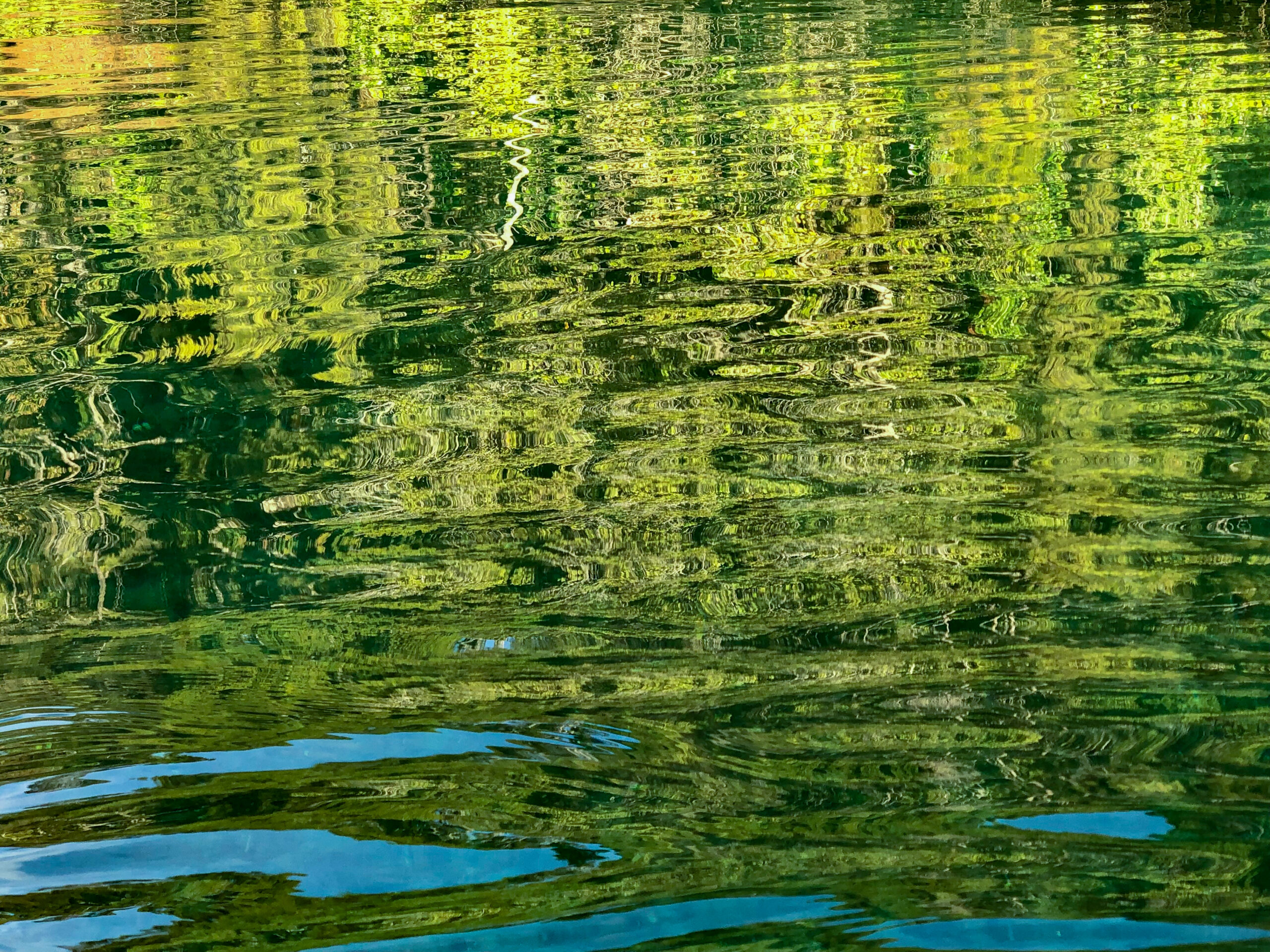
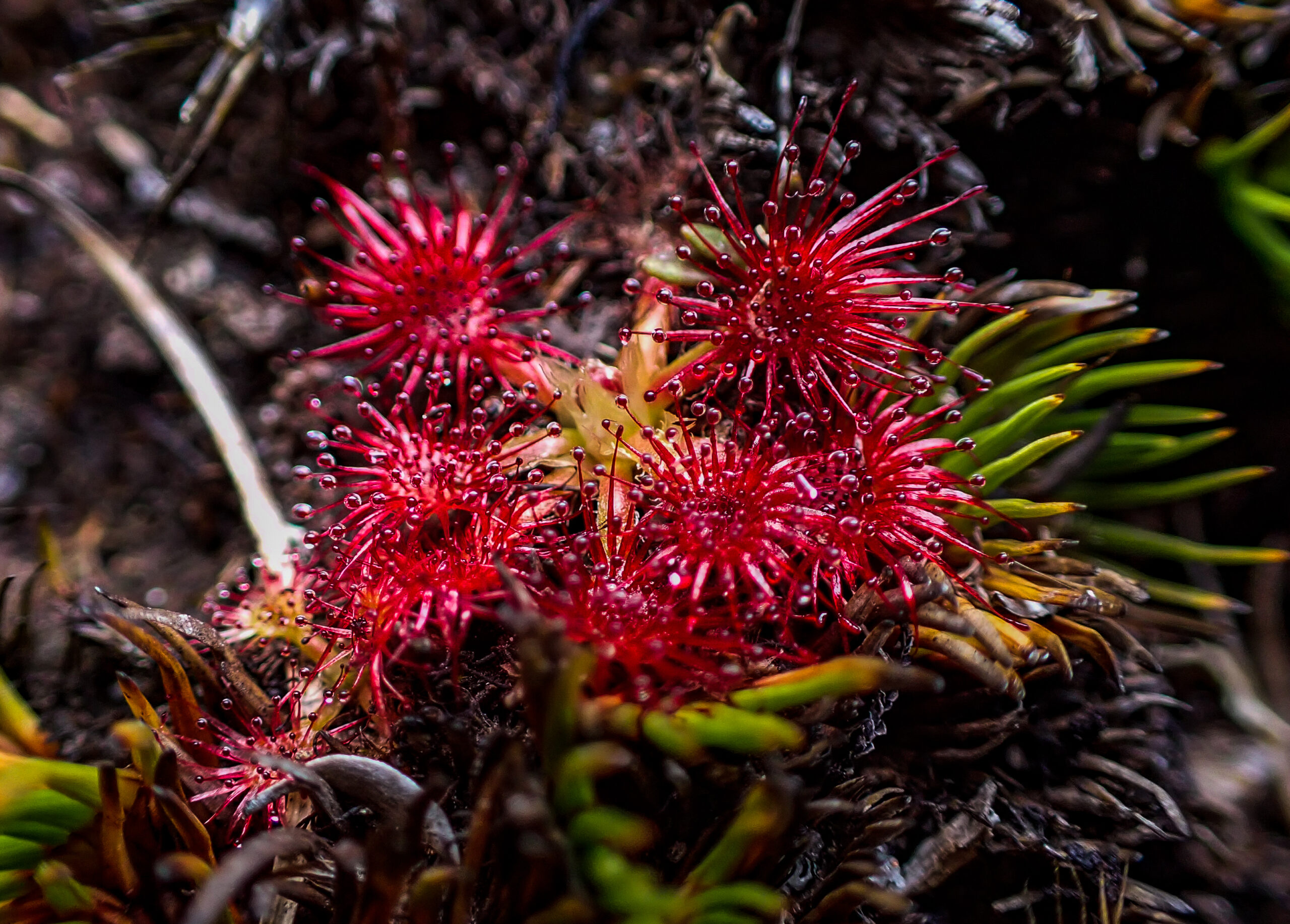
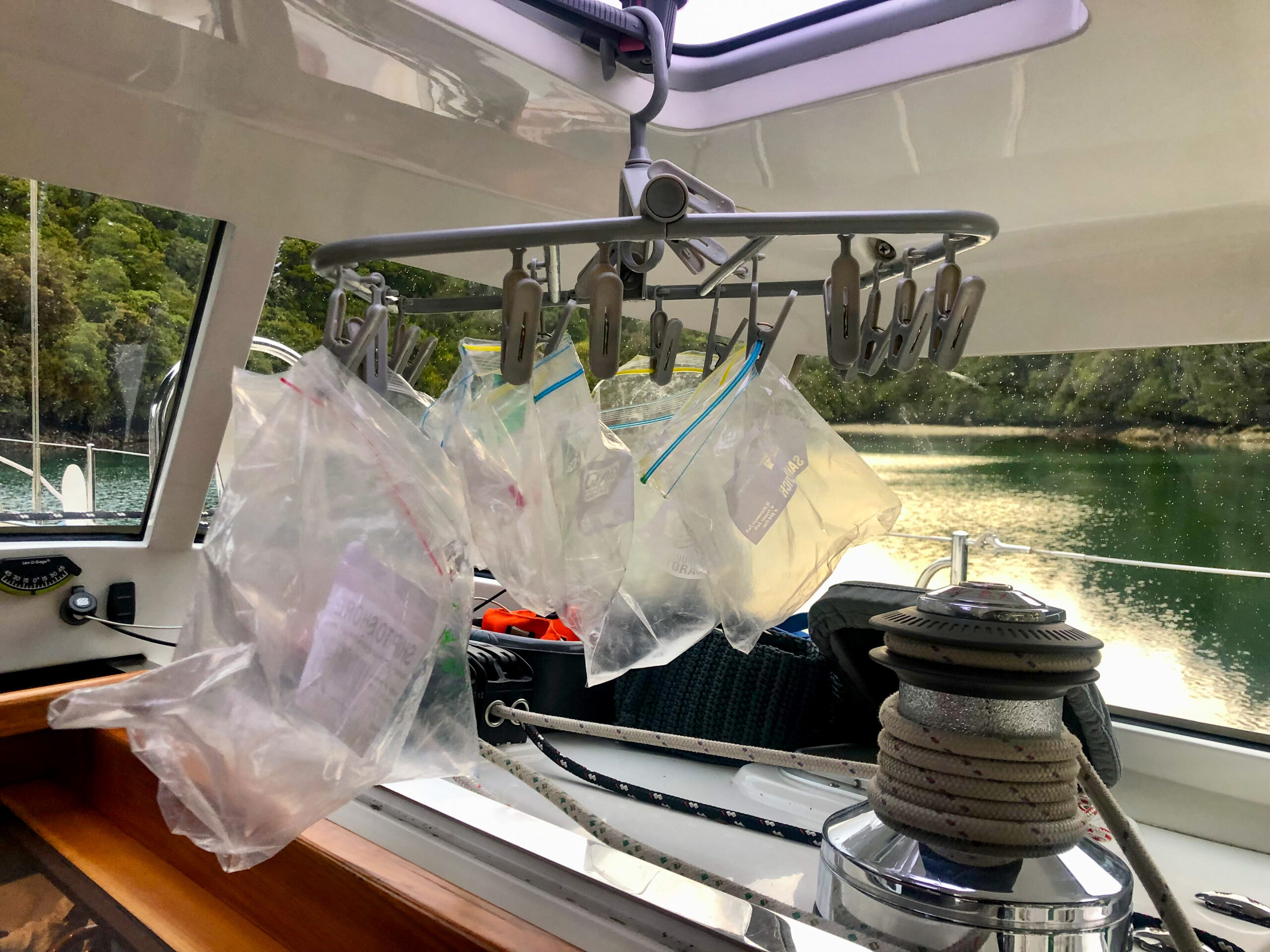

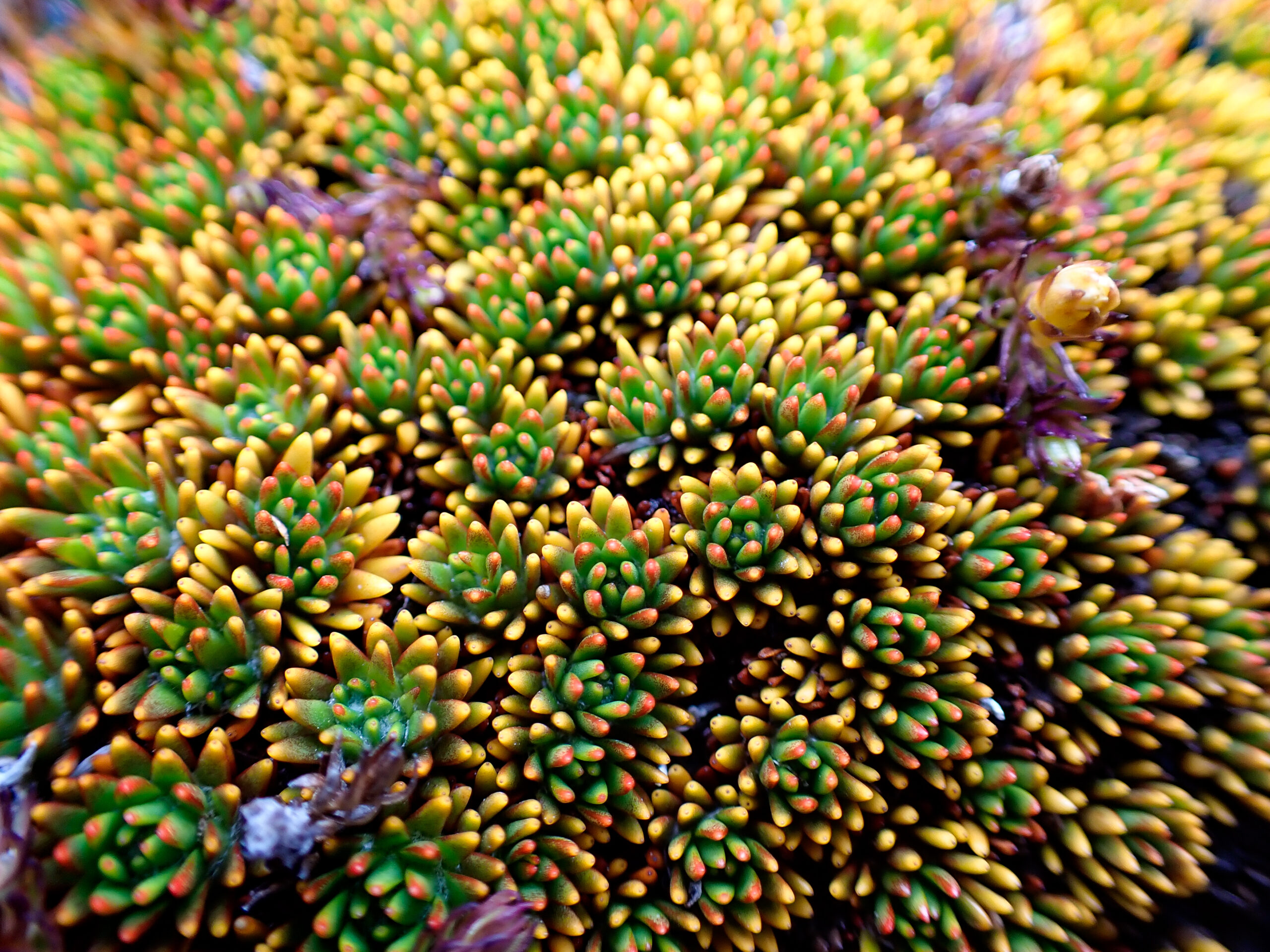

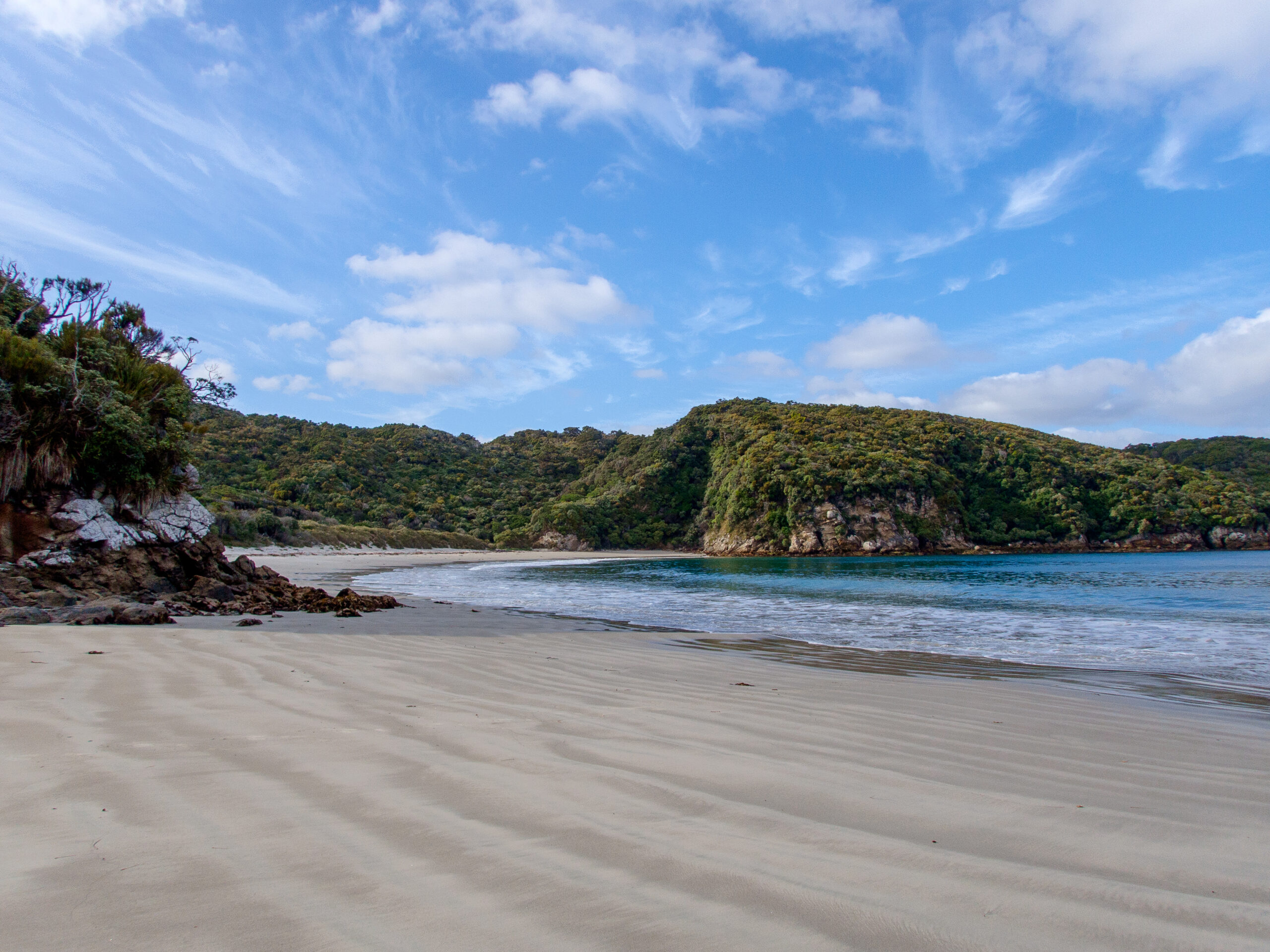
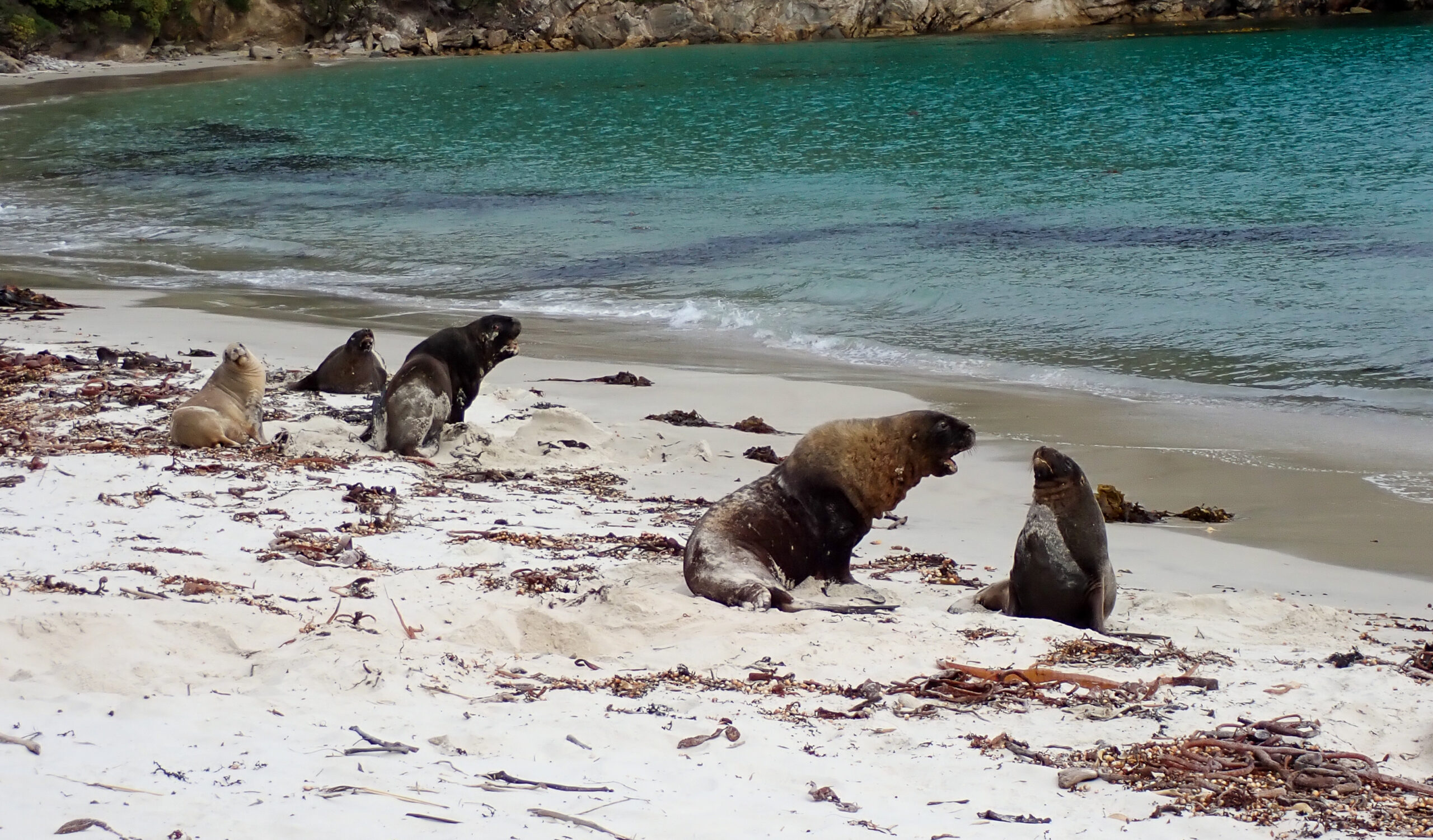
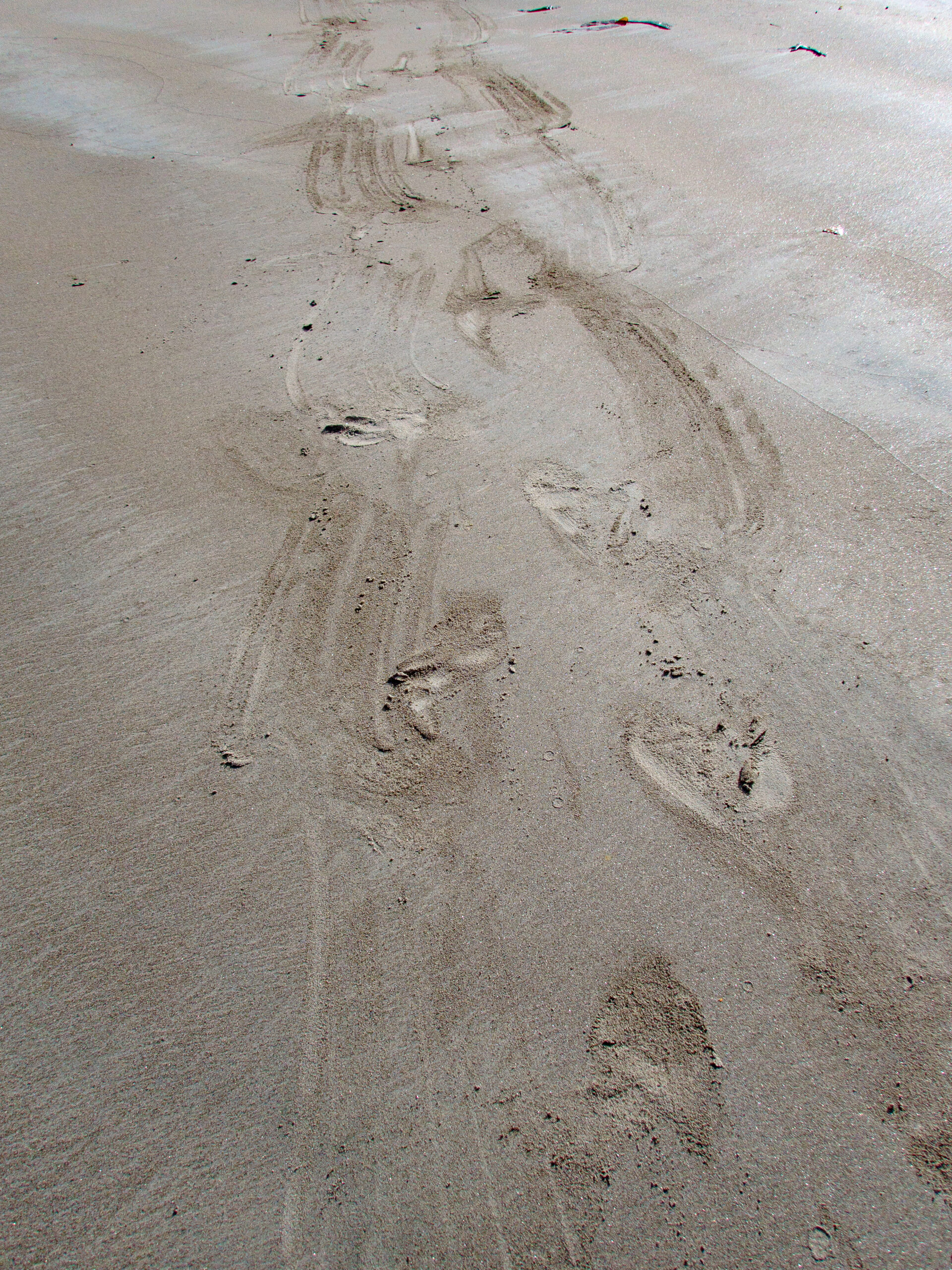

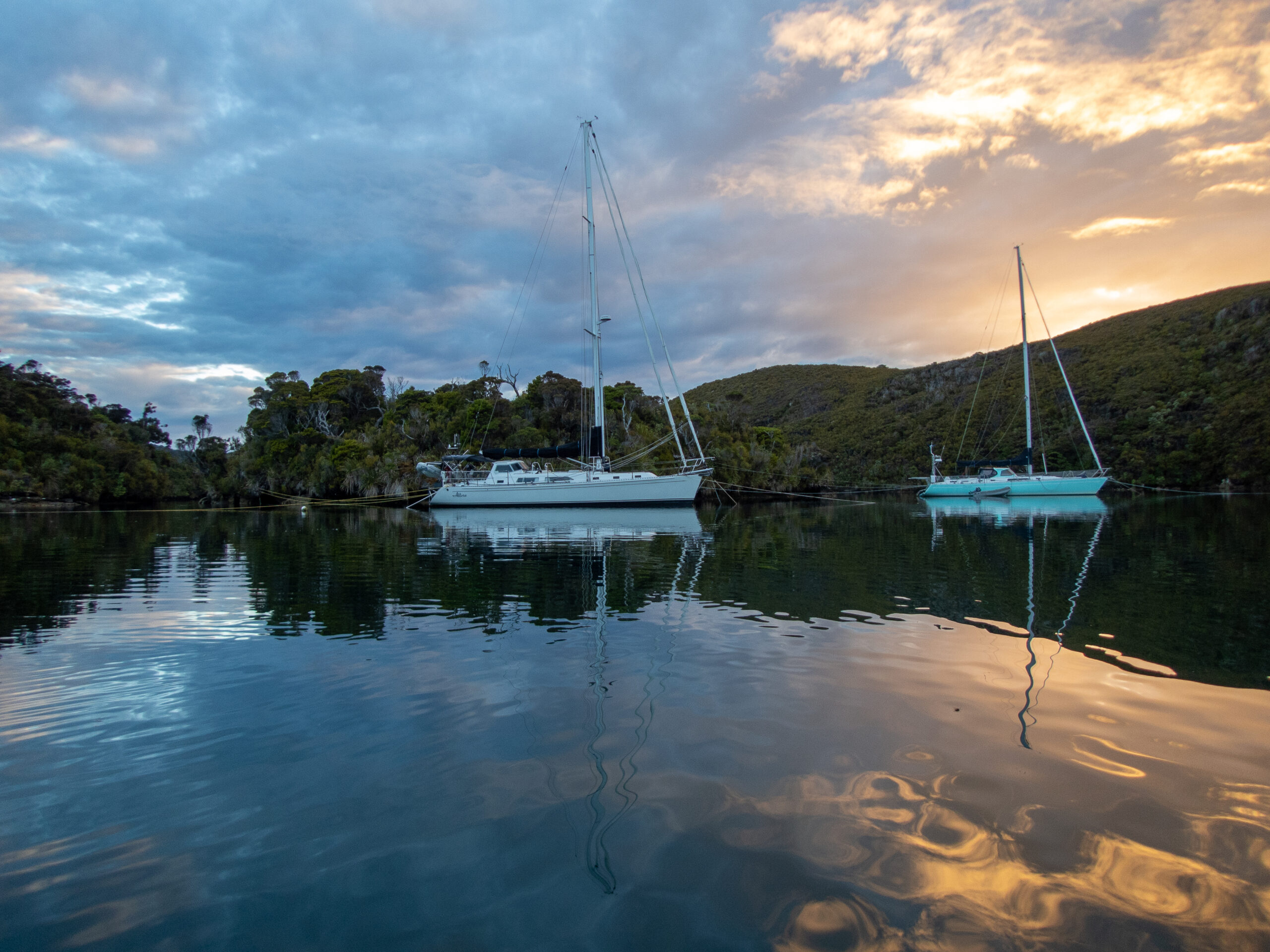



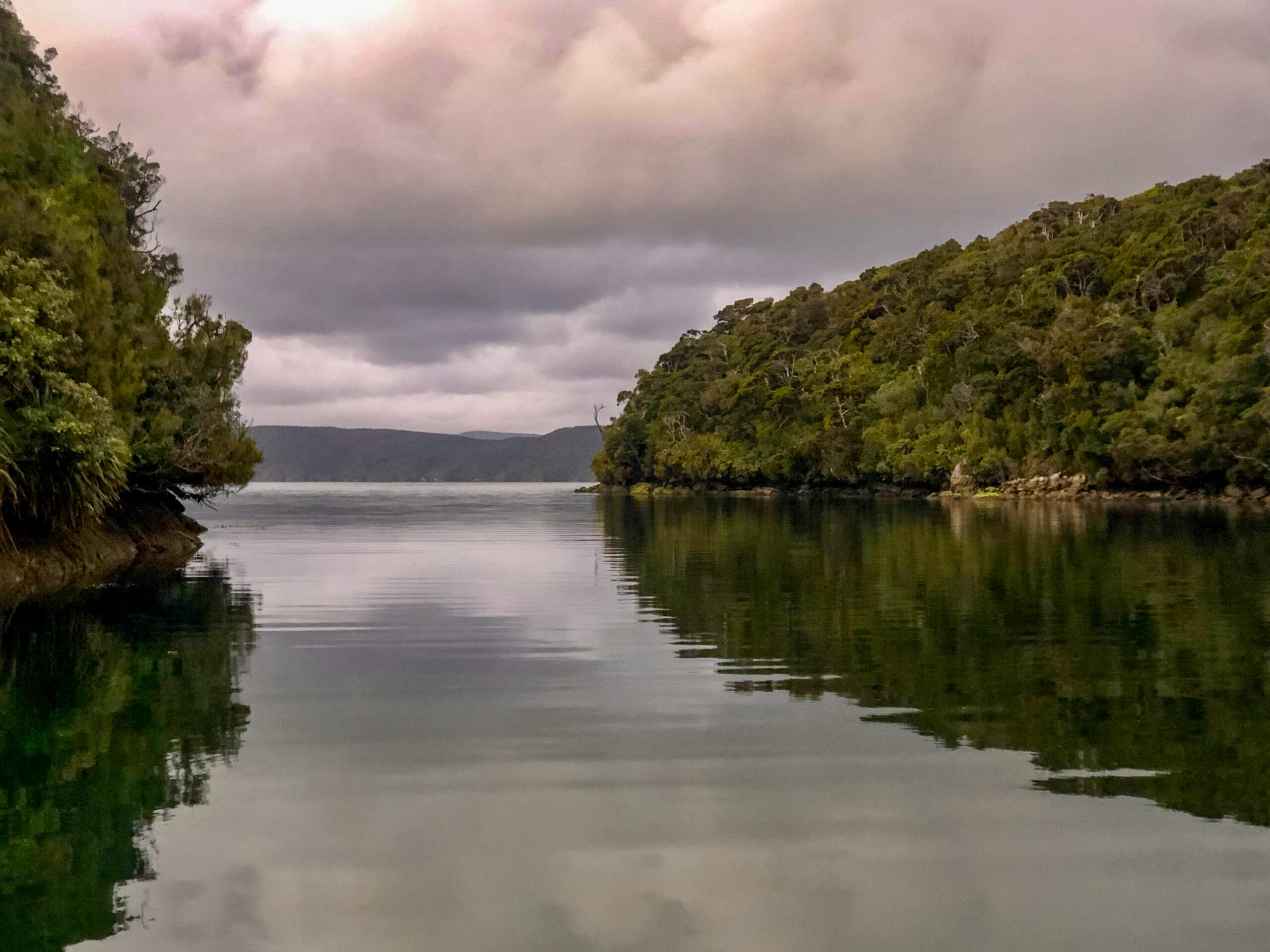
Anchors Aweigh! Lyttelton to Rakiura/Stewart Island

Flea Bay, Banks Peninsula
Diana has put in some epic kayak explorations already, along the rocks in Flea Bay on Banks peninsula where the cute little Blue Penguins perch under the rocks and baby Fur Seals flop about in confused excitement.
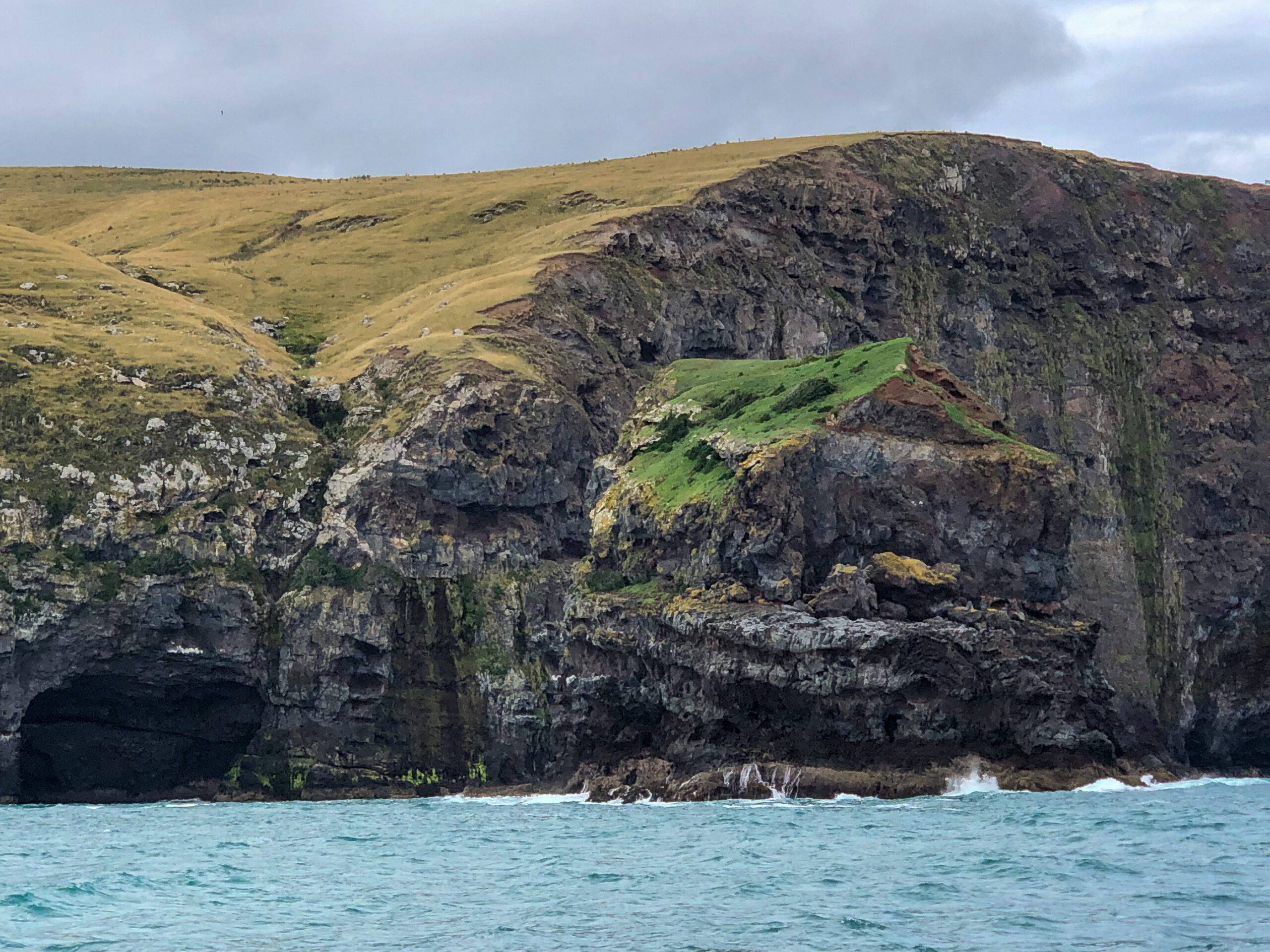


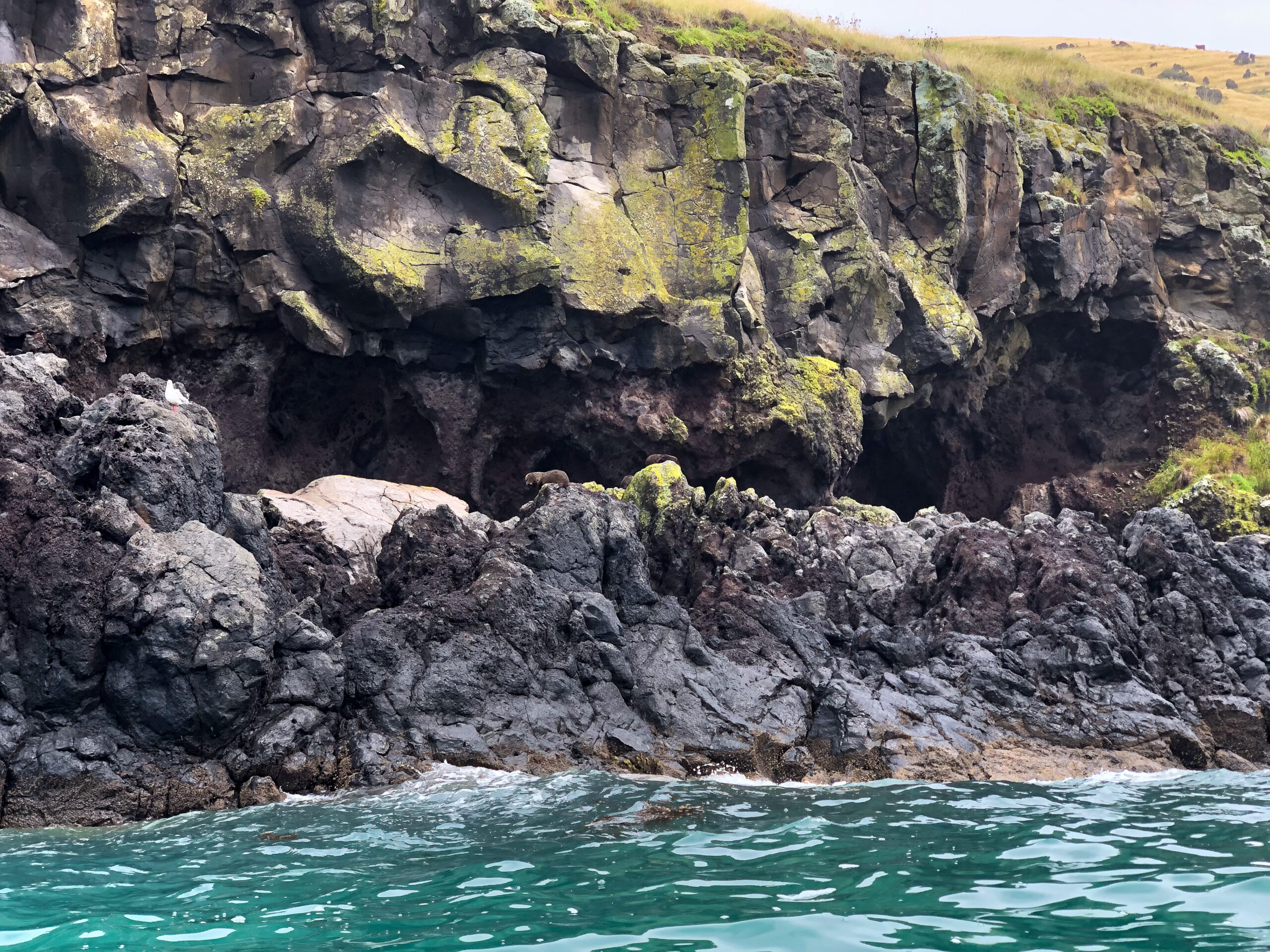
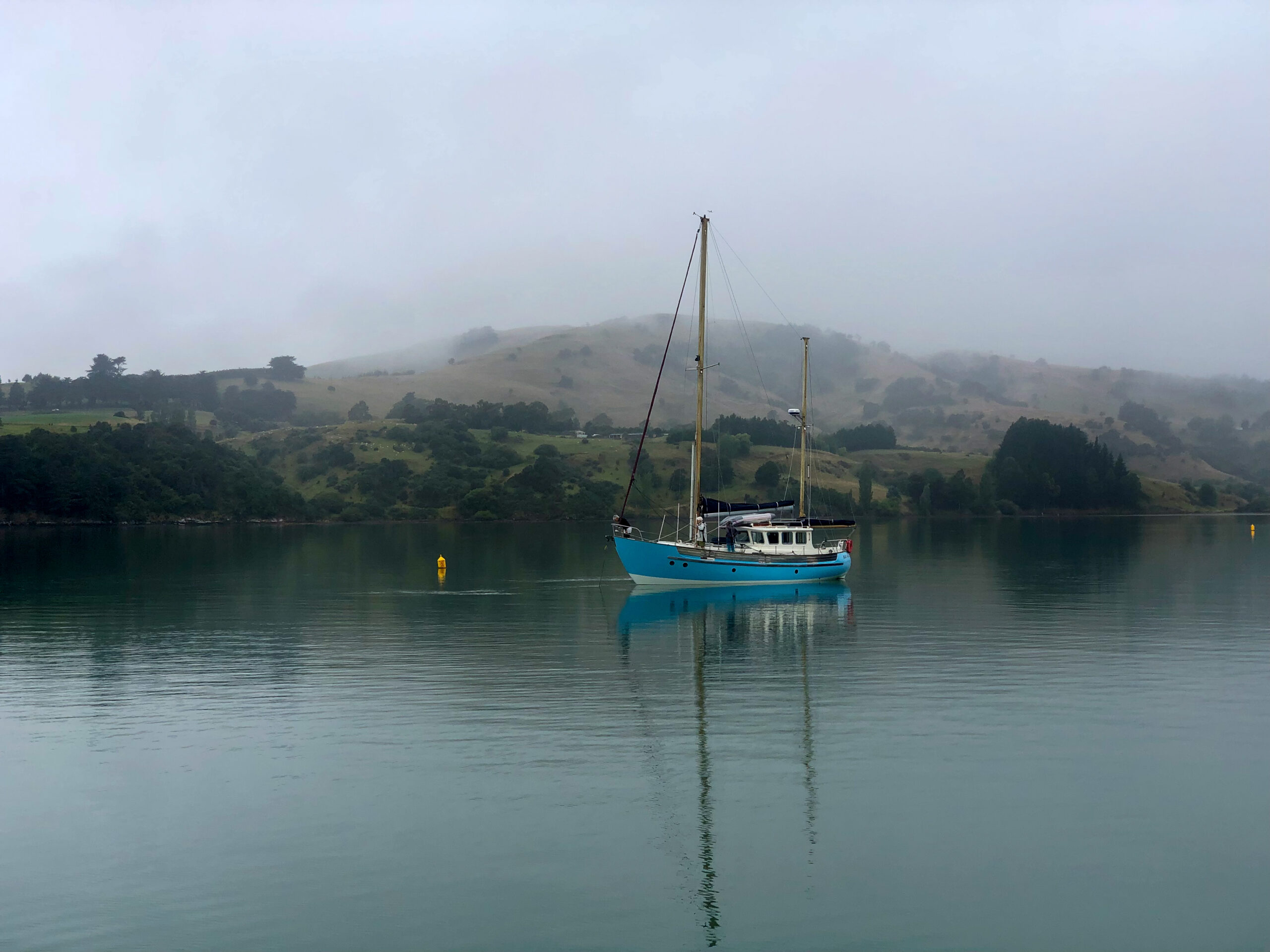
After a day hiding from the southwest wind and rain in Takamatua Bay, we spent a sunny day in Akaroa walking up a hill lined with small wooden houses to the “Giants House,” where a purple haired mosaicist and sculptor (don’t they all have purple hair?), Josie Martin, spent a lifetime creating a magical inspired garden. The expressiveness and joy of her work was dazzling, full of color and peopleness. 
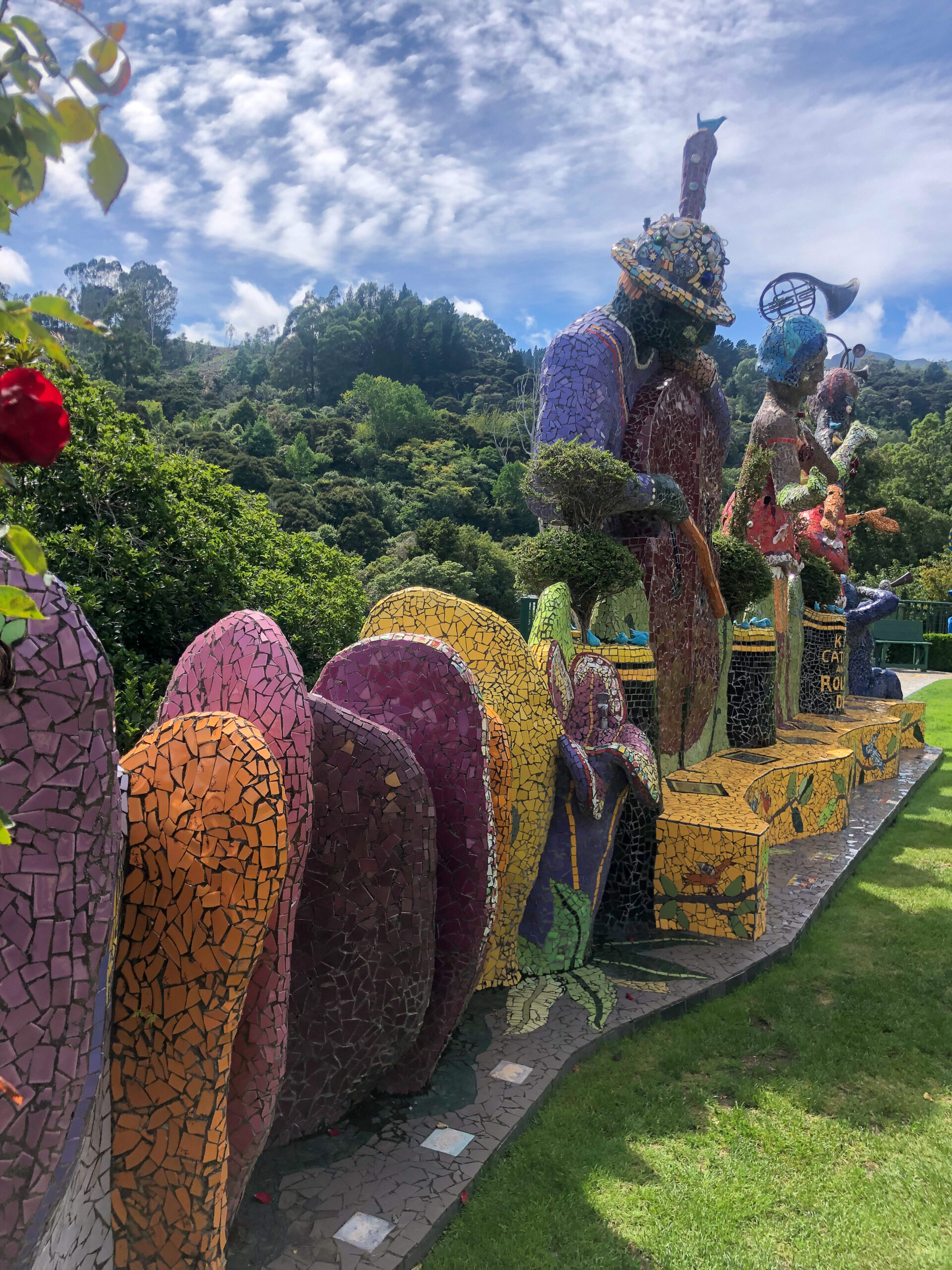

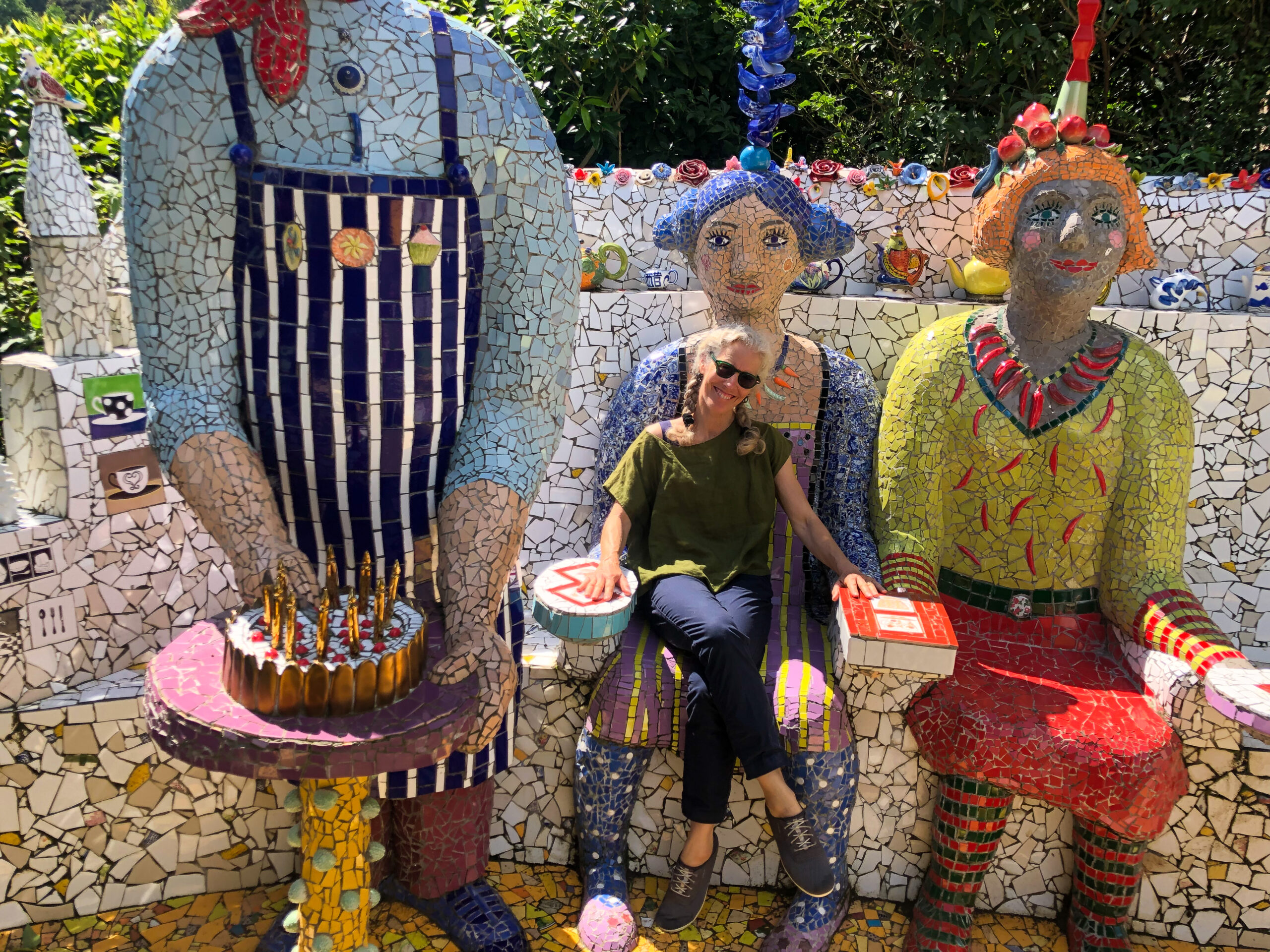
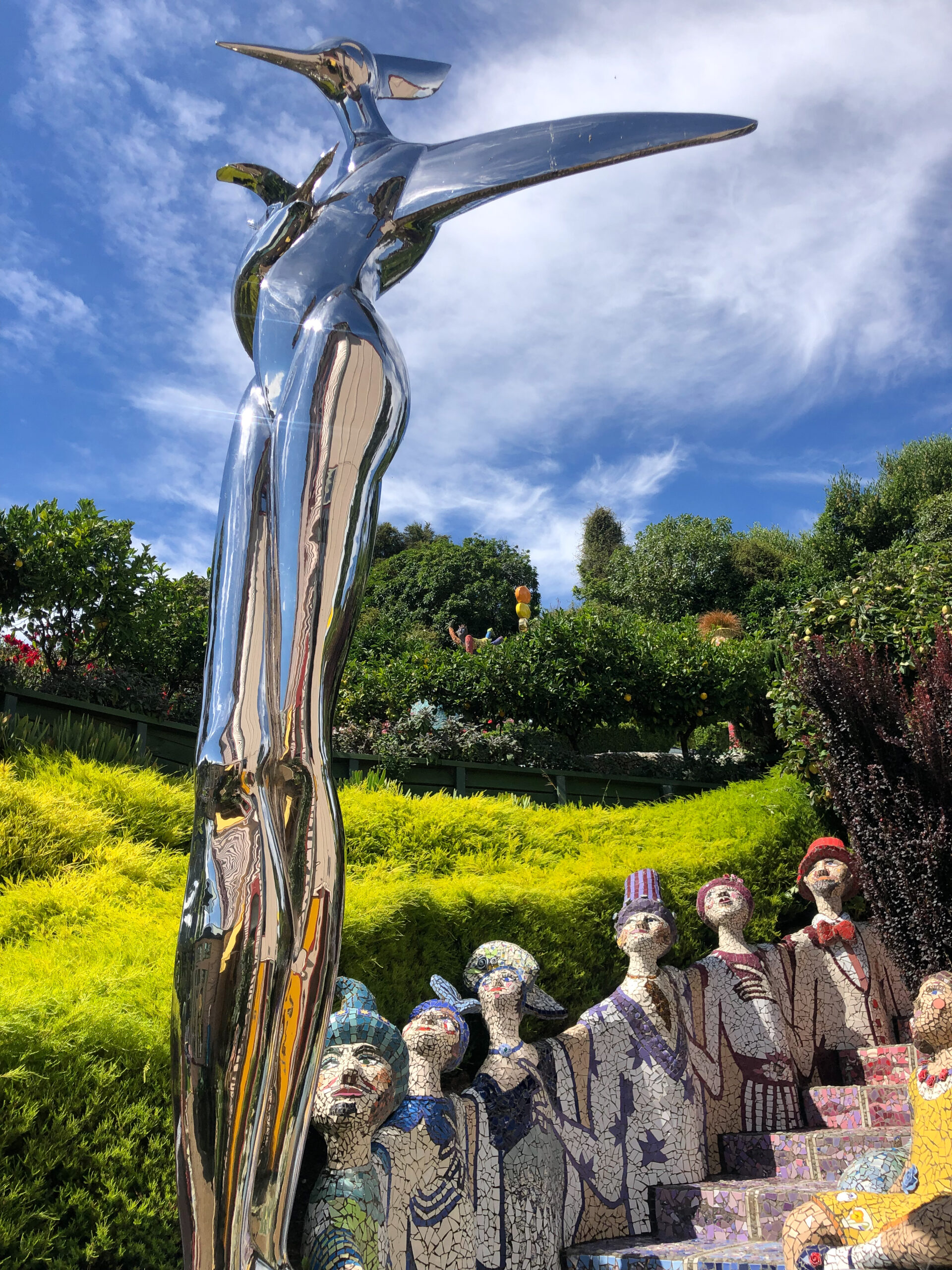

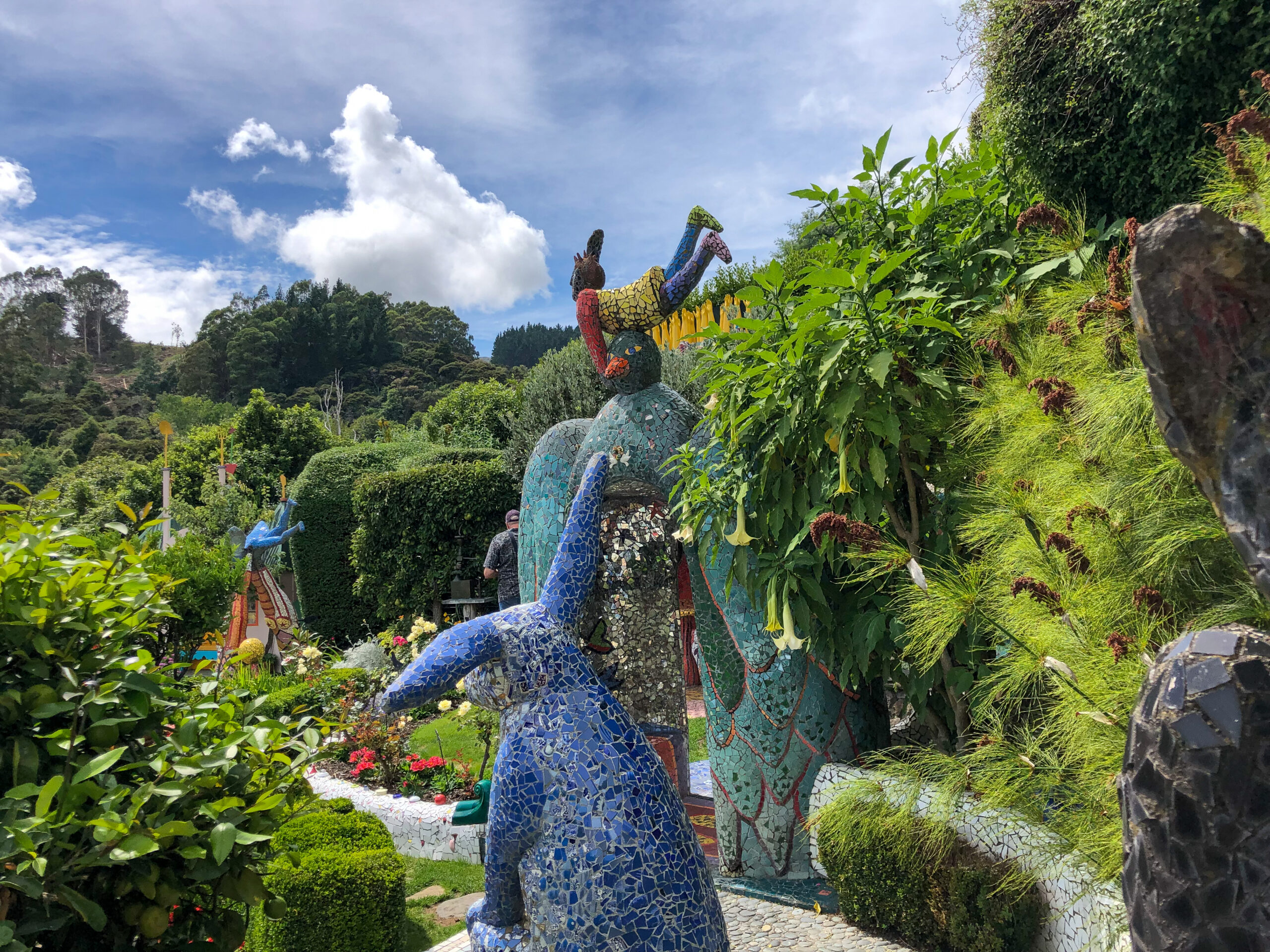
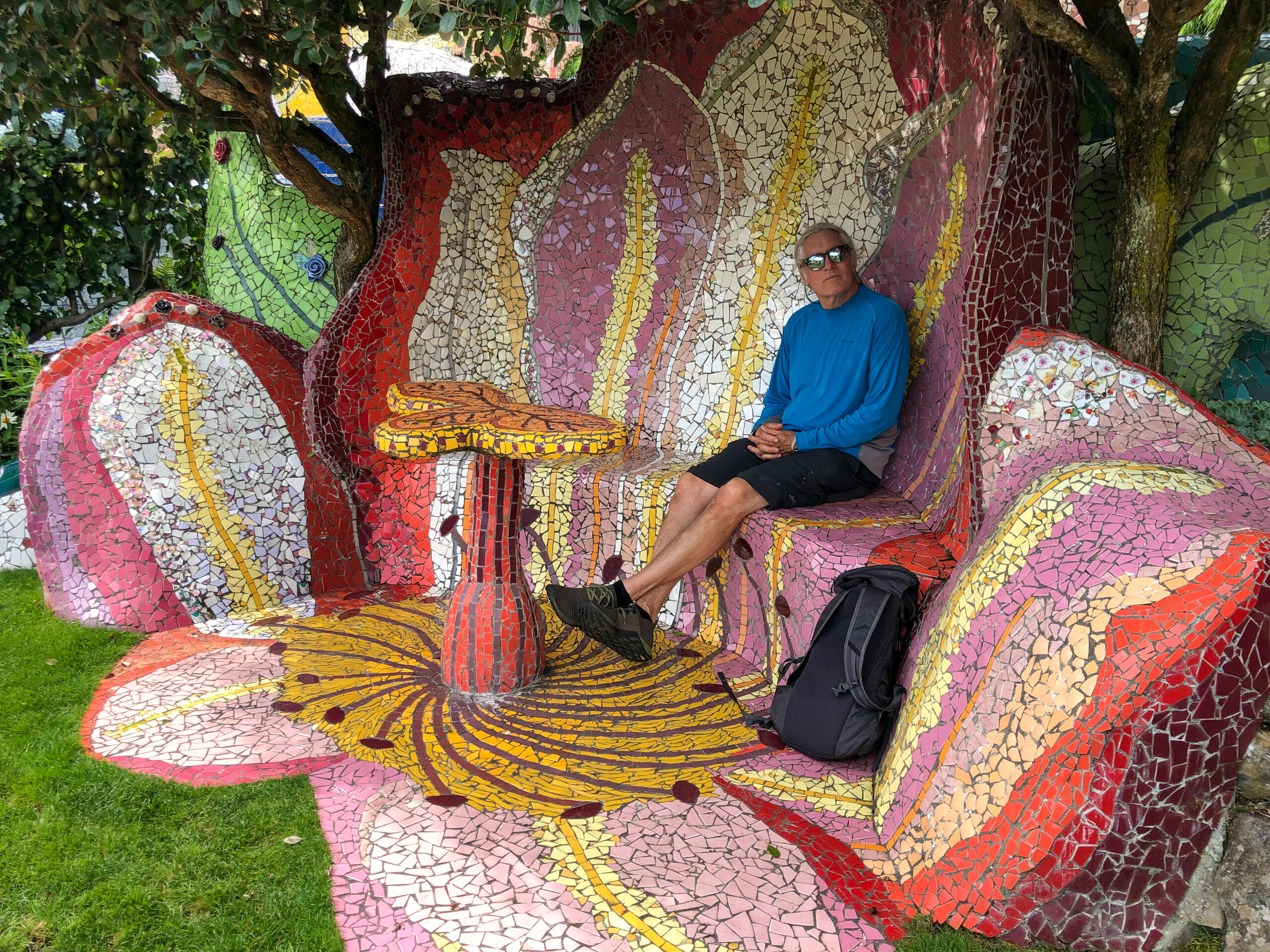
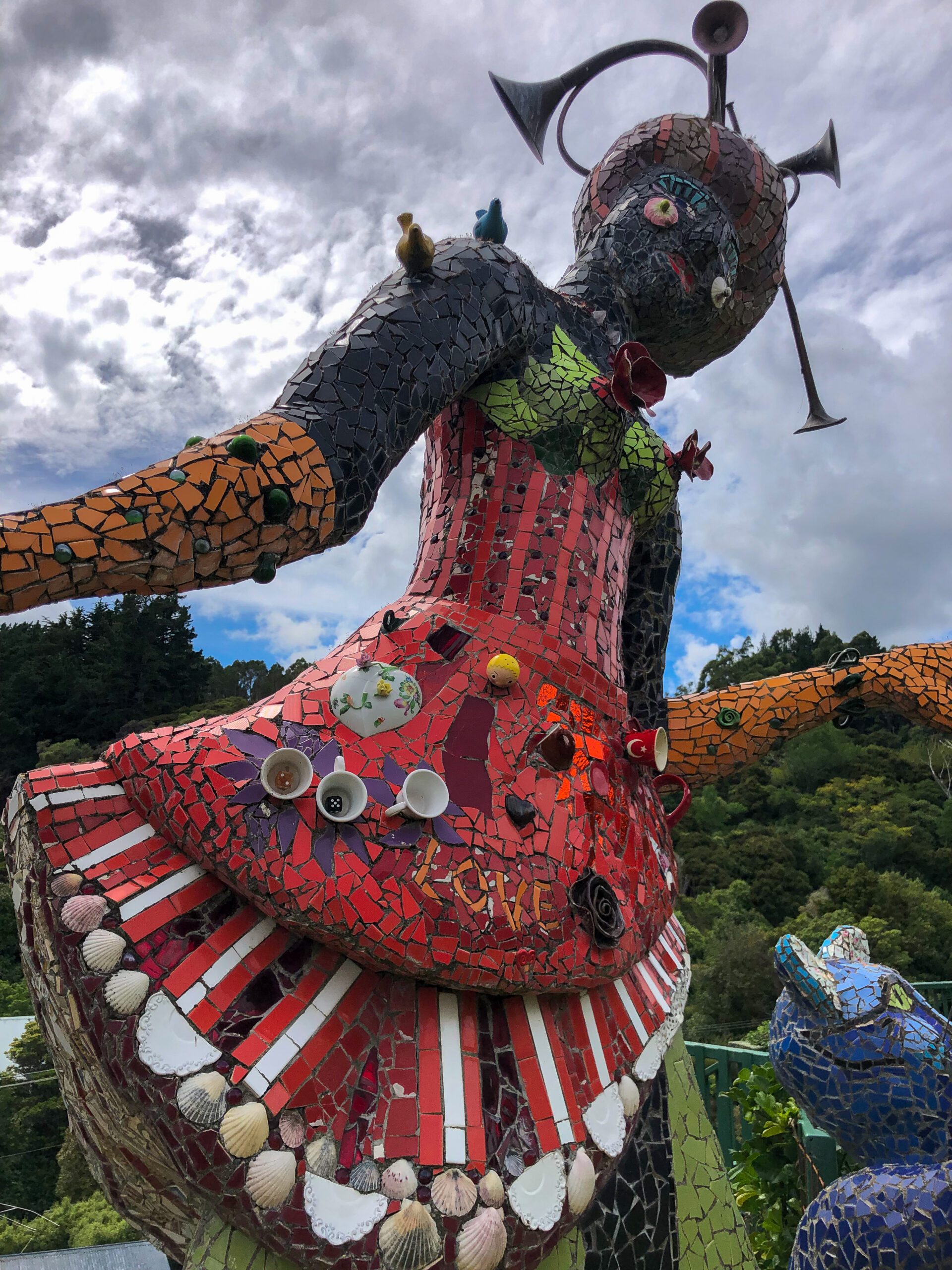
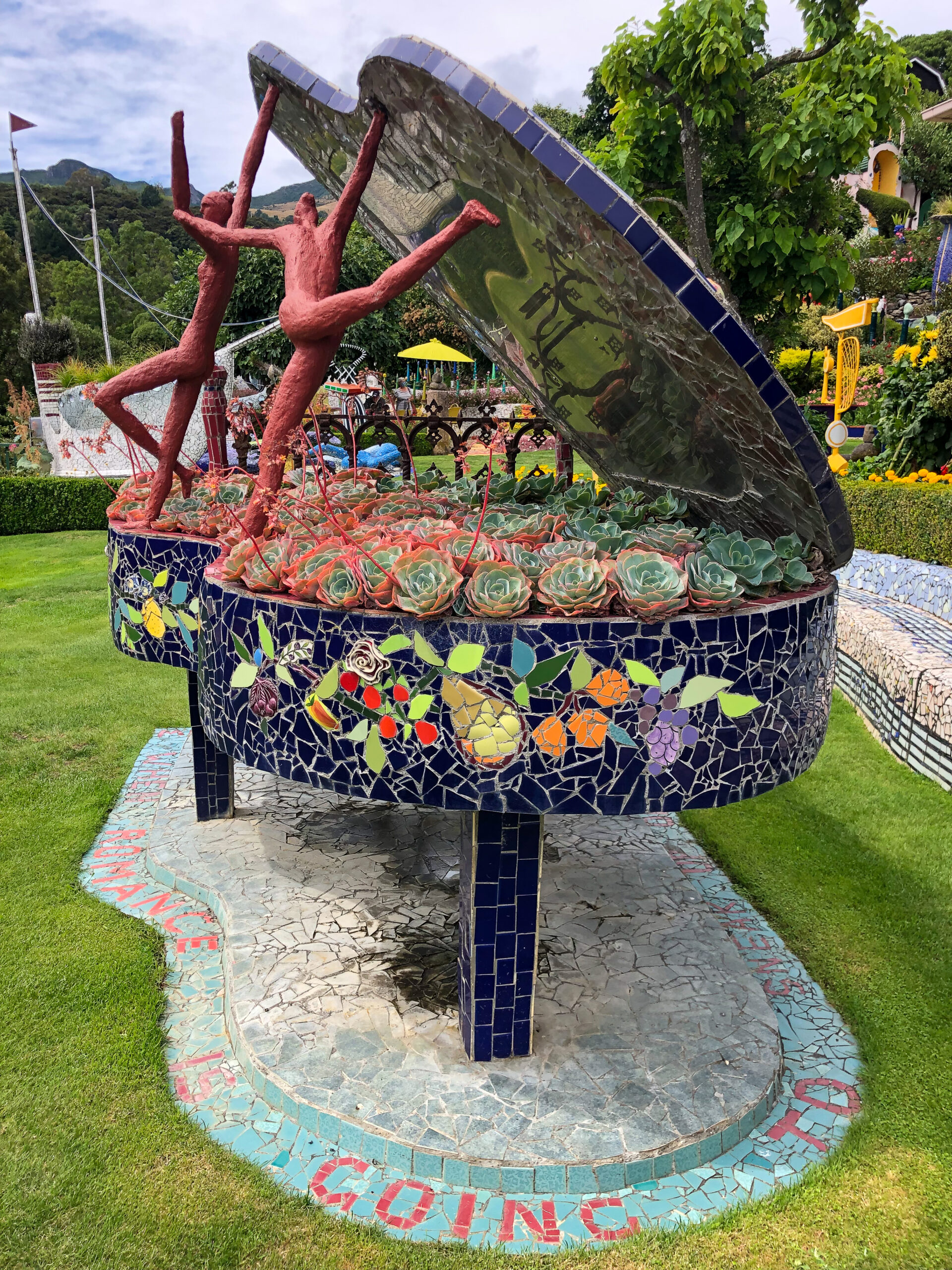
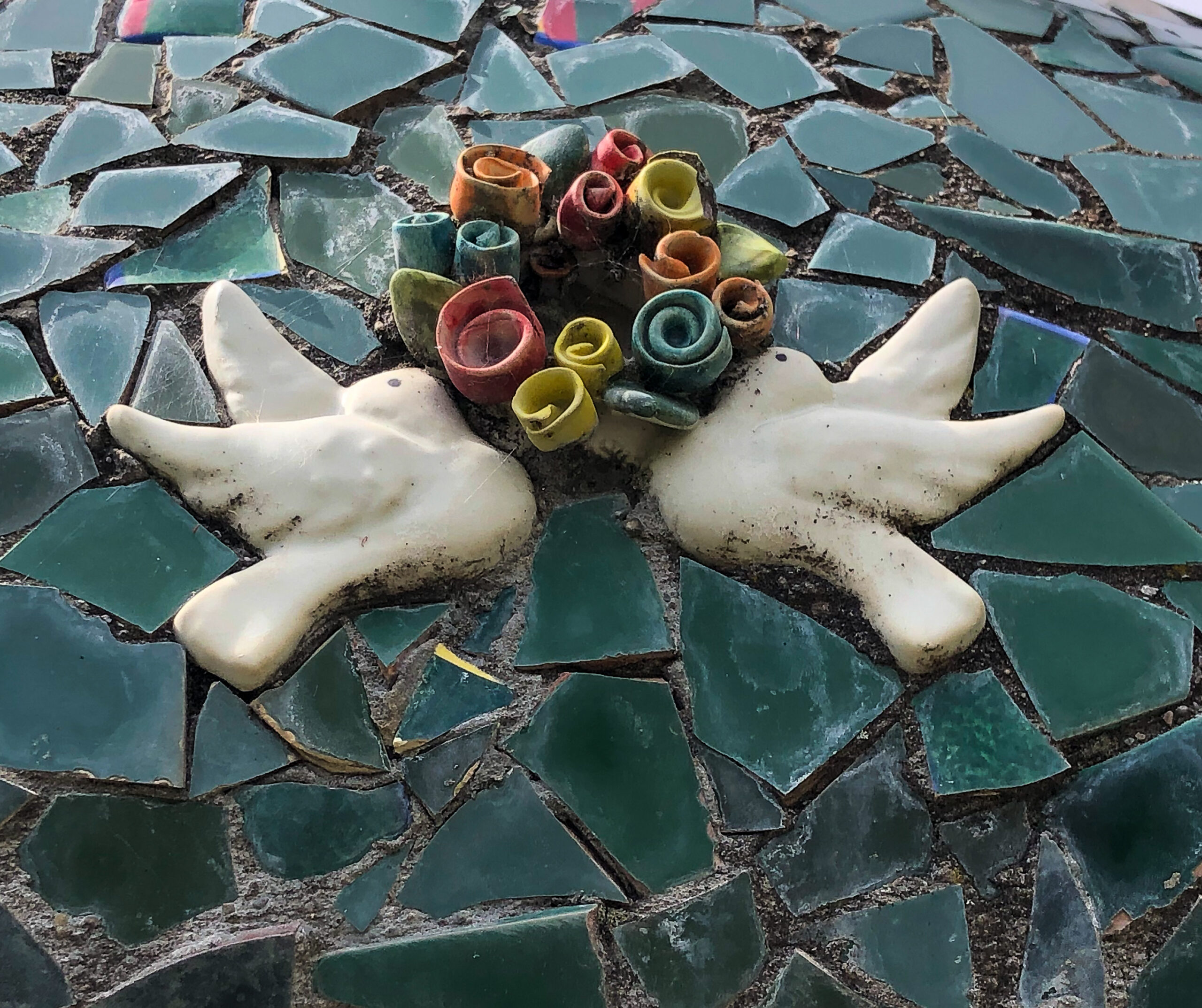
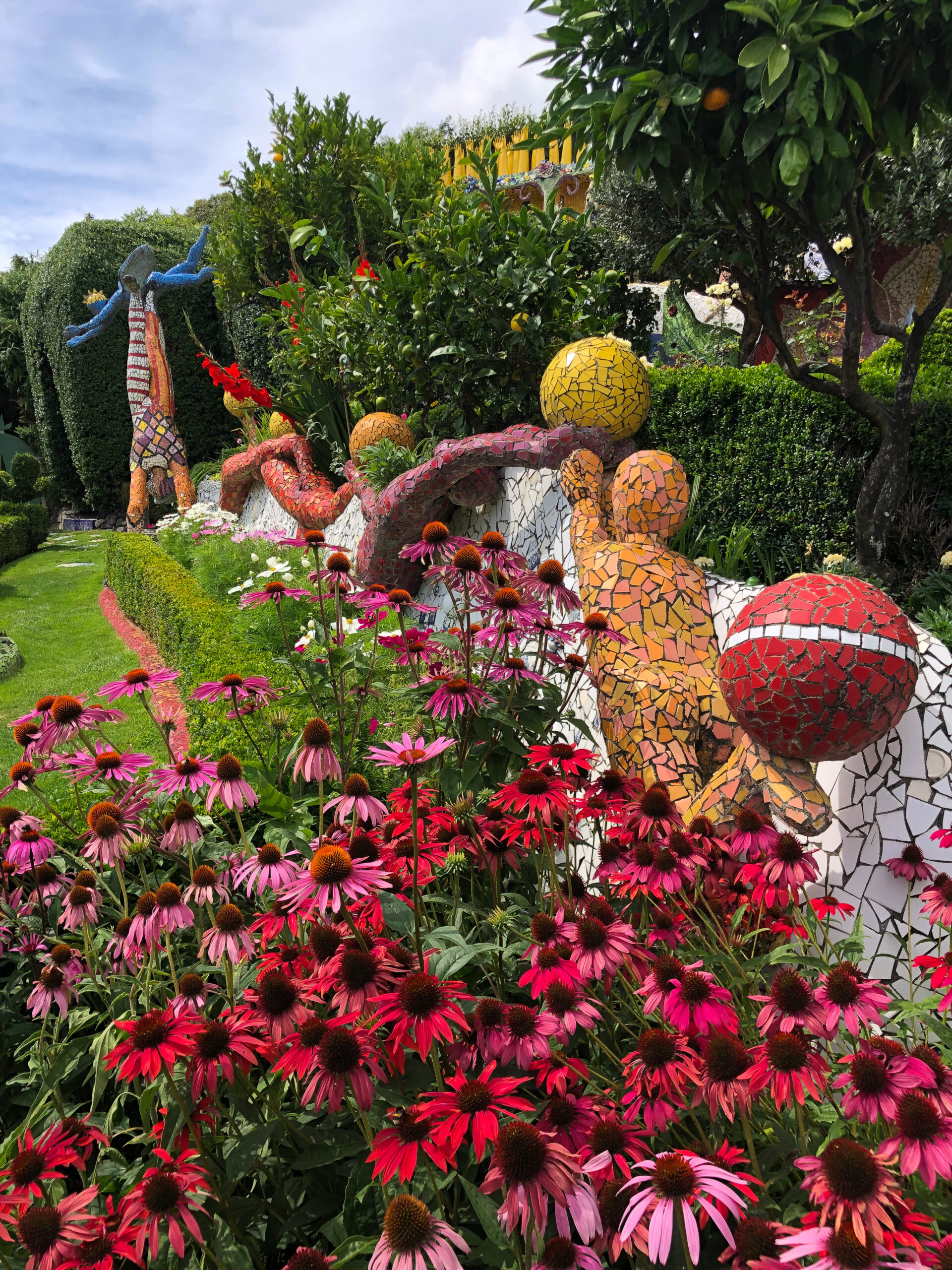

We’re still adjusting to the sea again. Remembering little things about Allora that we forgot. Relearning things we may have come to take for granted. The first leg of our first passage in two years, the winds were light but steady and graciously allowed us to sail to windward with out tacking. The shelter of the shore, never more that twenty miles away, kept the seas mild. It was chilly, but our foulies are pretty bomber and it was a lovely day.
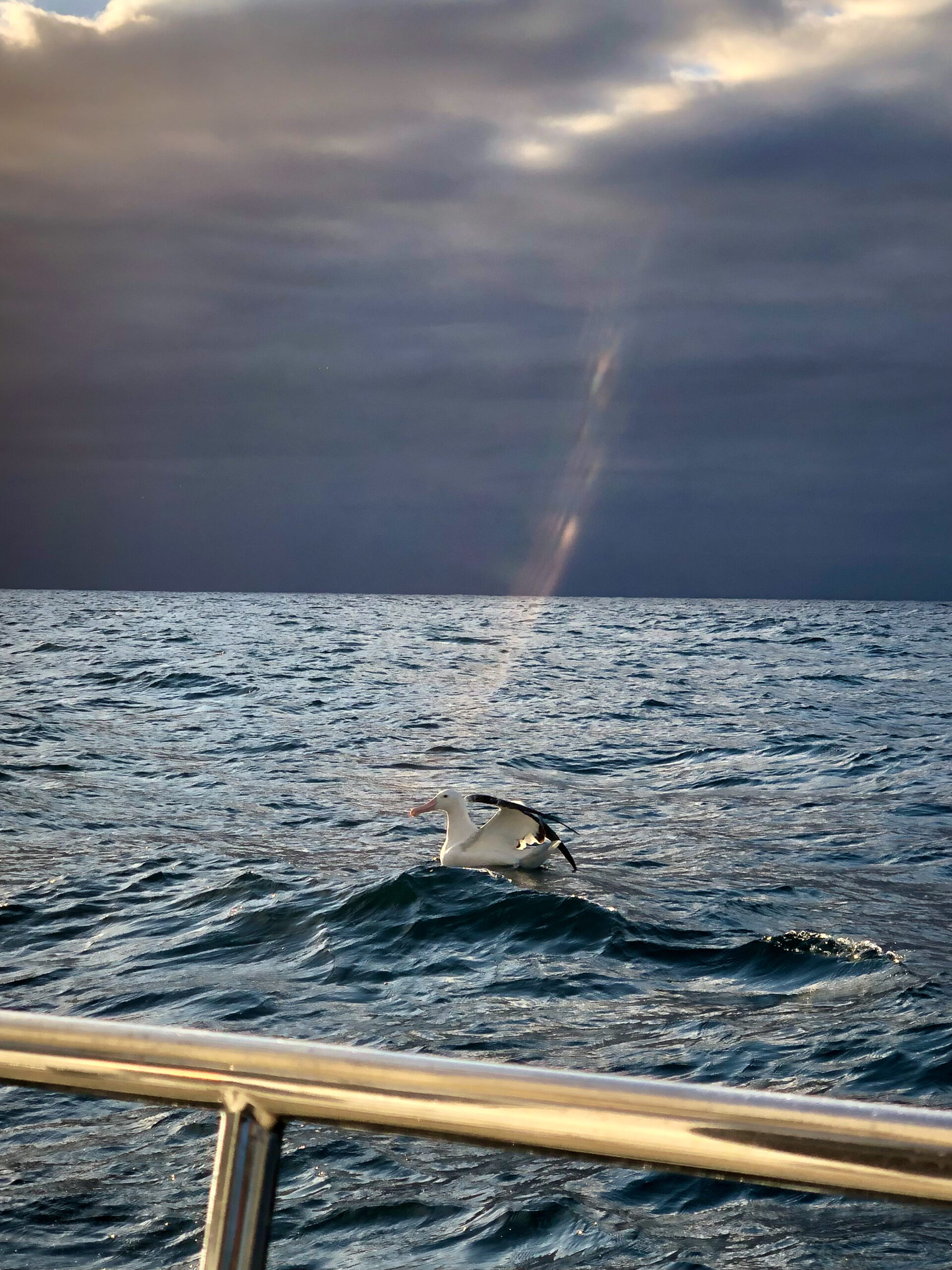
A fisherman came out in his short sleeves to take a picture of us as we sailed closeby downwind and he pounded homeward into it.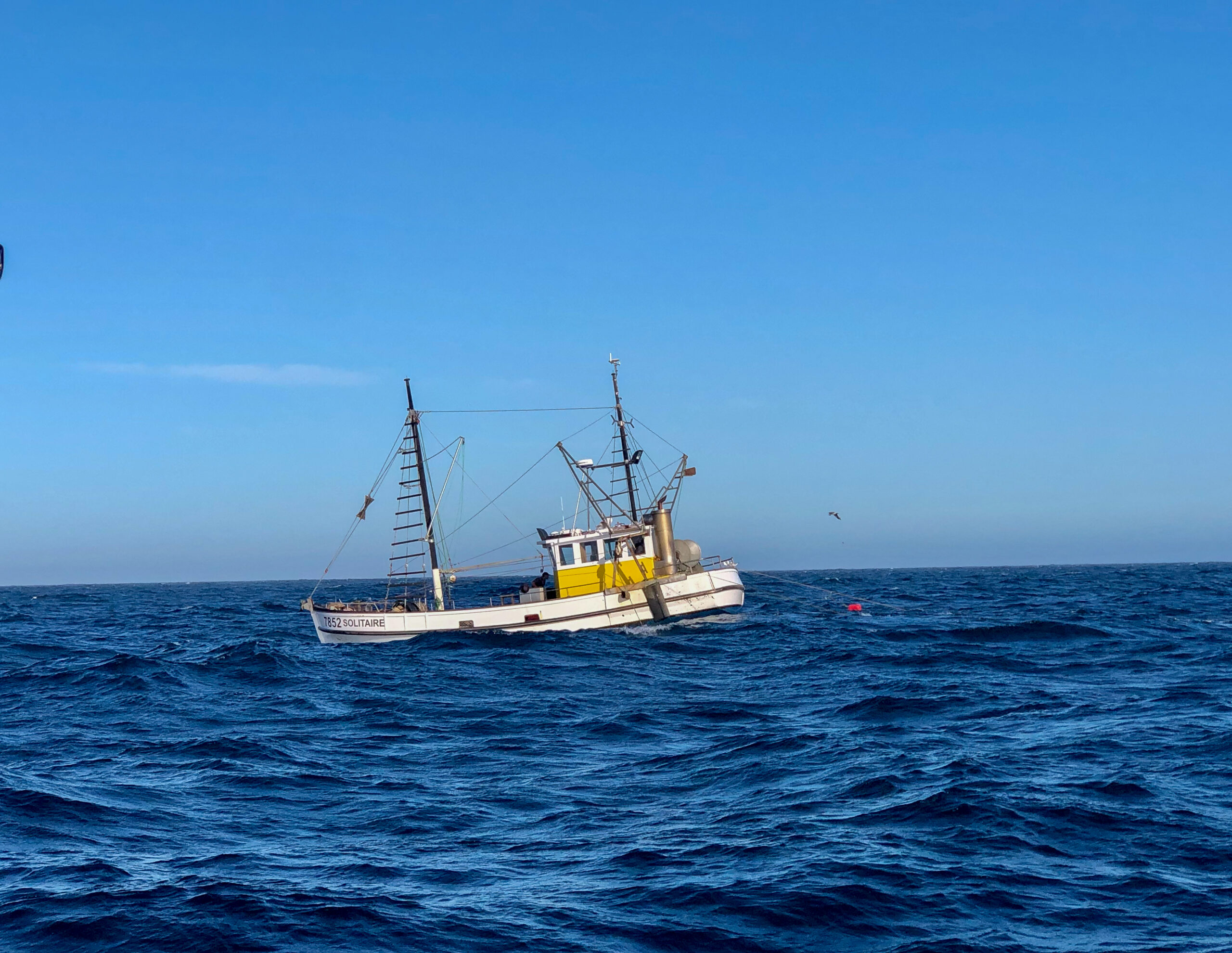
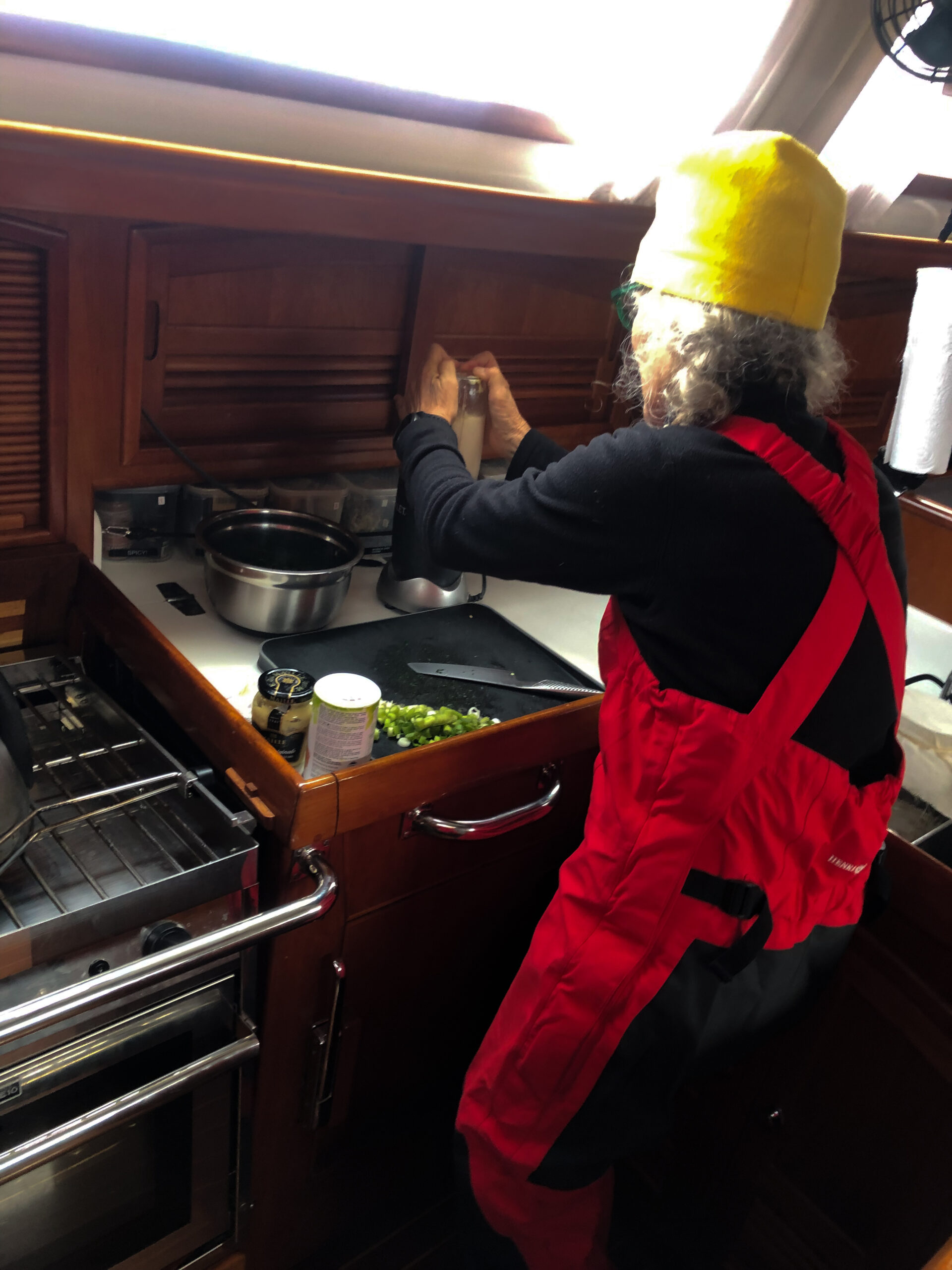
The wind died to nothing under a full moon, after some mechanical glitches right at dusk. At dawn the wind returned for a nice broad reach and then wing and wing downwind all the way to the end of the south island passing “the Nuggets” to enter Foveaux Strait.
We motored through the night, anticipating 15 to 30 knots on the beam by sunrise, but that never materialized. The famously rough Strait was calm – though with strong, swirling currents that confused our brief attempts to sail. The wind came up like a long slow meditative breath and then relaxed to glassy seas as the sun rose spectacularly and we approached Rakiura/Stewart Island.
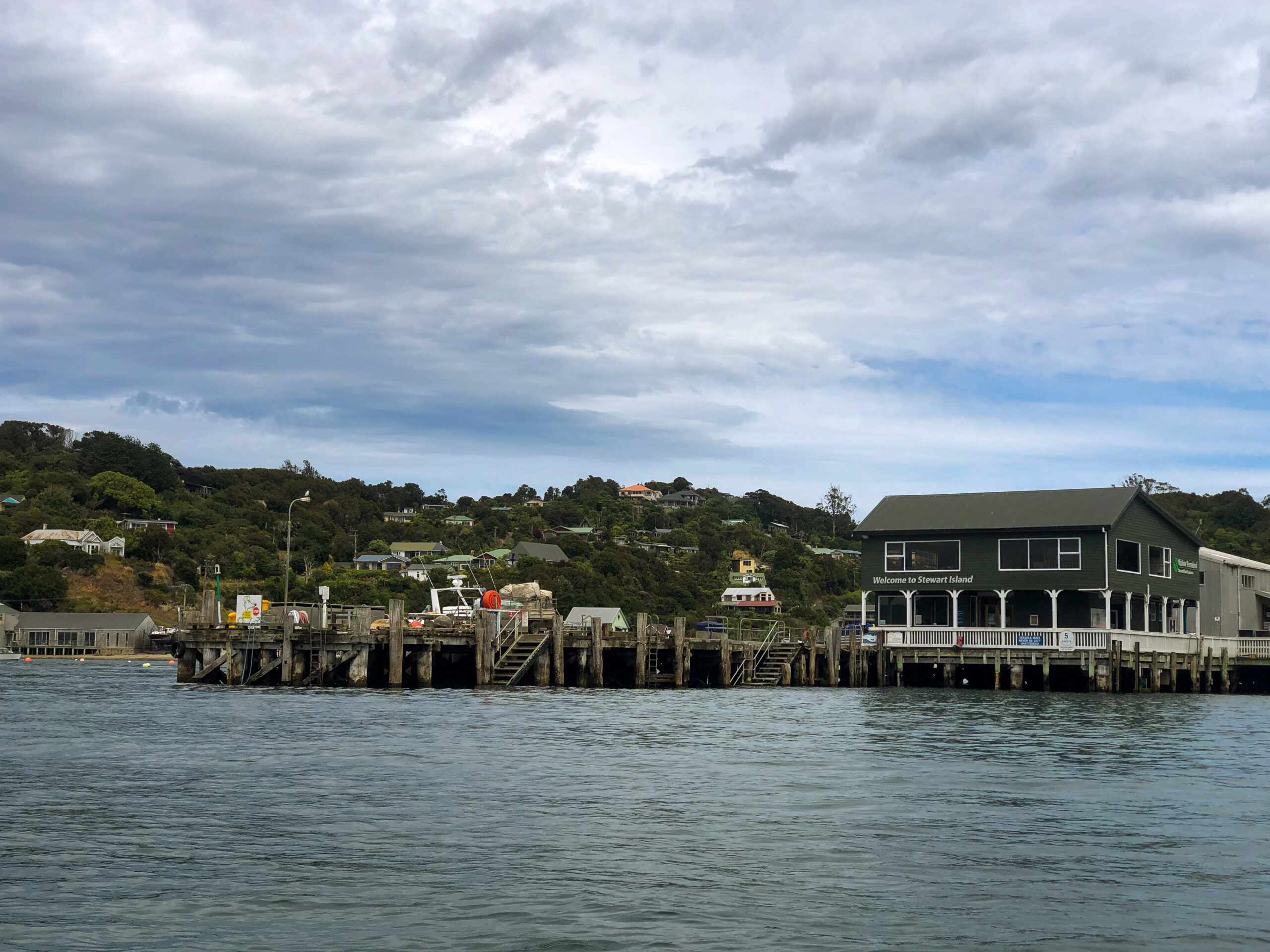
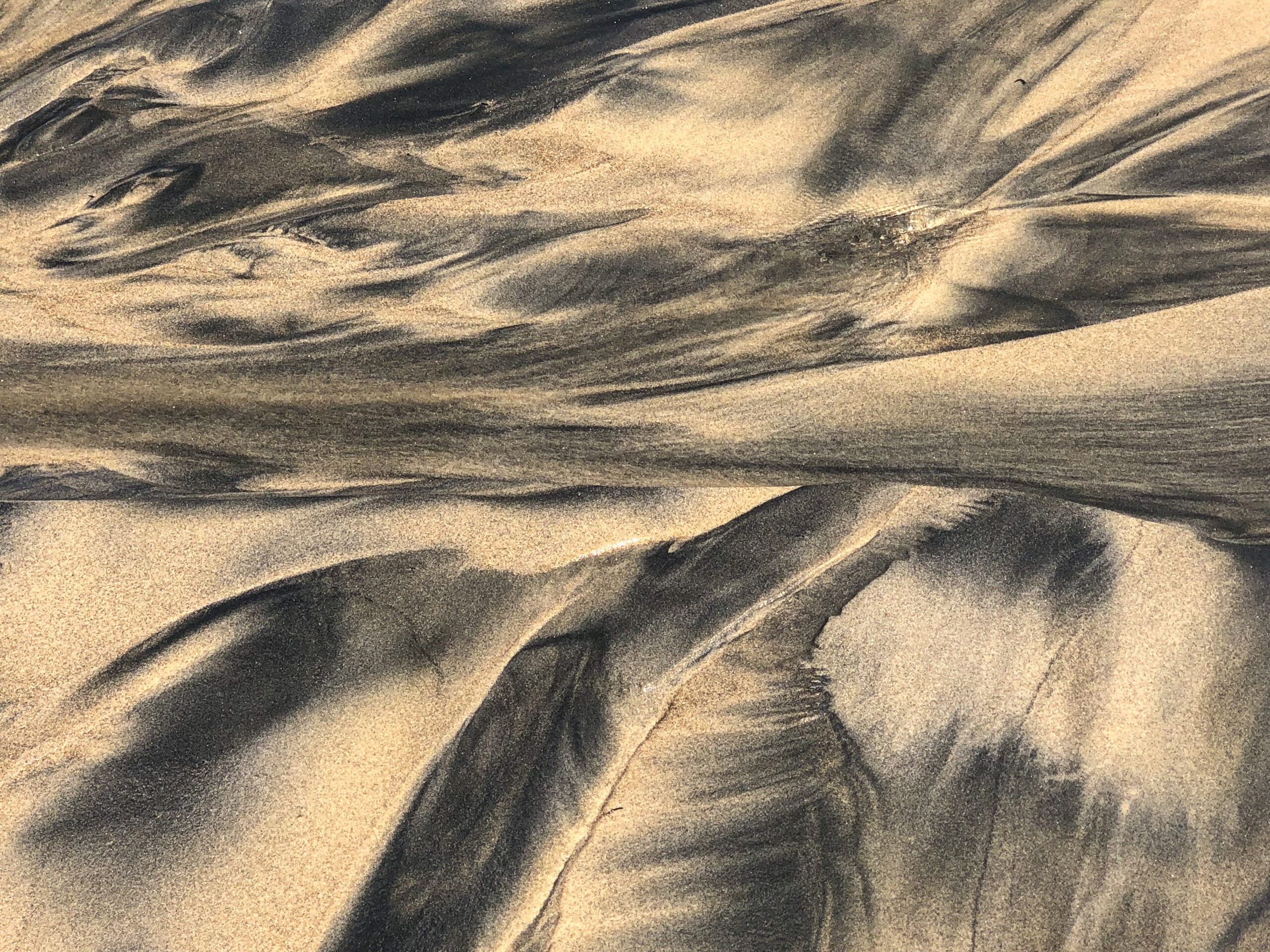
 We’re learning that anchoring in mud and weeds isn’t the same as sand. Diana used to say we should package the fine, fine powdery pink stuff that came up with the anchor in the Gambiers, and sell it to spas. I haven’t heard that comment about the pungent muds of Rakiura (Stewart Island). Maybe a different brand (“Glory Bay Green Lipped New Zealand Muscle” brand) for the truly hardcore mud bather. It also hasn’t been holding us quite the same way. Not sure to do with the full anchor of weeds that came up the first time our anchor did a little dragging in 30 kts wind.
We’re learning that anchoring in mud and weeds isn’t the same as sand. Diana used to say we should package the fine, fine powdery pink stuff that came up with the anchor in the Gambiers, and sell it to spas. I haven’t heard that comment about the pungent muds of Rakiura (Stewart Island). Maybe a different brand (“Glory Bay Green Lipped New Zealand Muscle” brand) for the truly hardcore mud bather. It also hasn’t been holding us quite the same way. Not sure to do with the full anchor of weeds that came up the first time our anchor did a little dragging in 30 kts wind.
Becoming more familiar with these mid latitude winds is going to take a while, too. The basic idea is becoming apparent — fronts every few days followed by strong SW blows, and then they spin around and do it again. Locals have been complaining about a dearth of rain with these fronts, the filmy ferns in the understory are feeling it, rolling up shop and hoping for a change. It’s possible that La Nina is to blame. That doesn’t mean summer is warm here on the edge of the Southern Ocean, even when the sun shines.
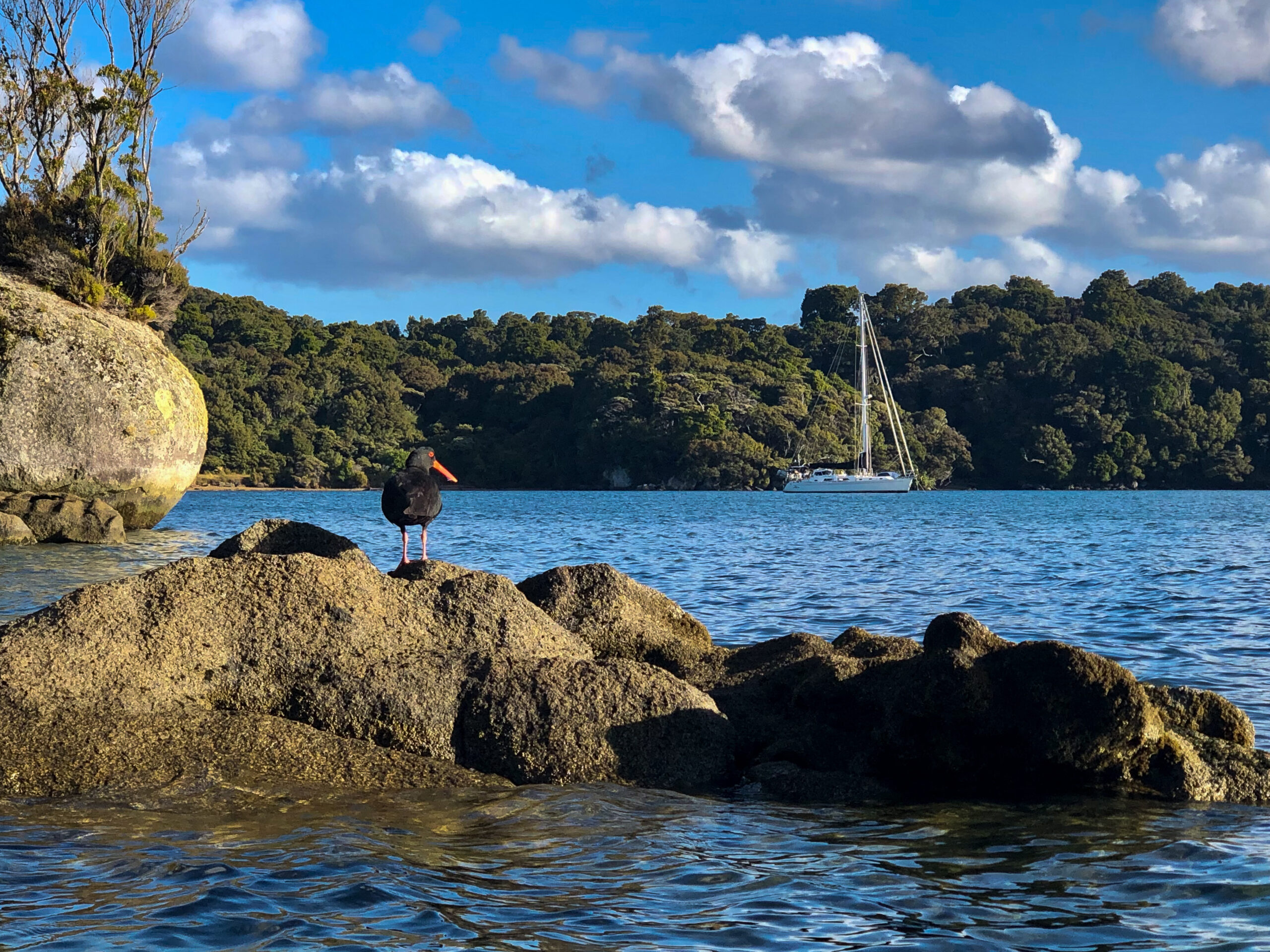 Here in Paterson Inlet, after the wind blows itself into a calm, it has been glassy as a lake sometimes. Ninety-Eight percent of Rakirua is conservation land, with trails and huts along some of the bays and coves, and otherwise, lush wilderness. The bush grows slow but lush, and the winds carve a limit to the canopy.
Here in Paterson Inlet, after the wind blows itself into a calm, it has been glassy as a lake sometimes. Ninety-Eight percent of Rakirua is conservation land, with trails and huts along some of the bays and coves, and otherwise, lush wilderness. The bush grows slow but lush, and the winds carve a limit to the canopy.

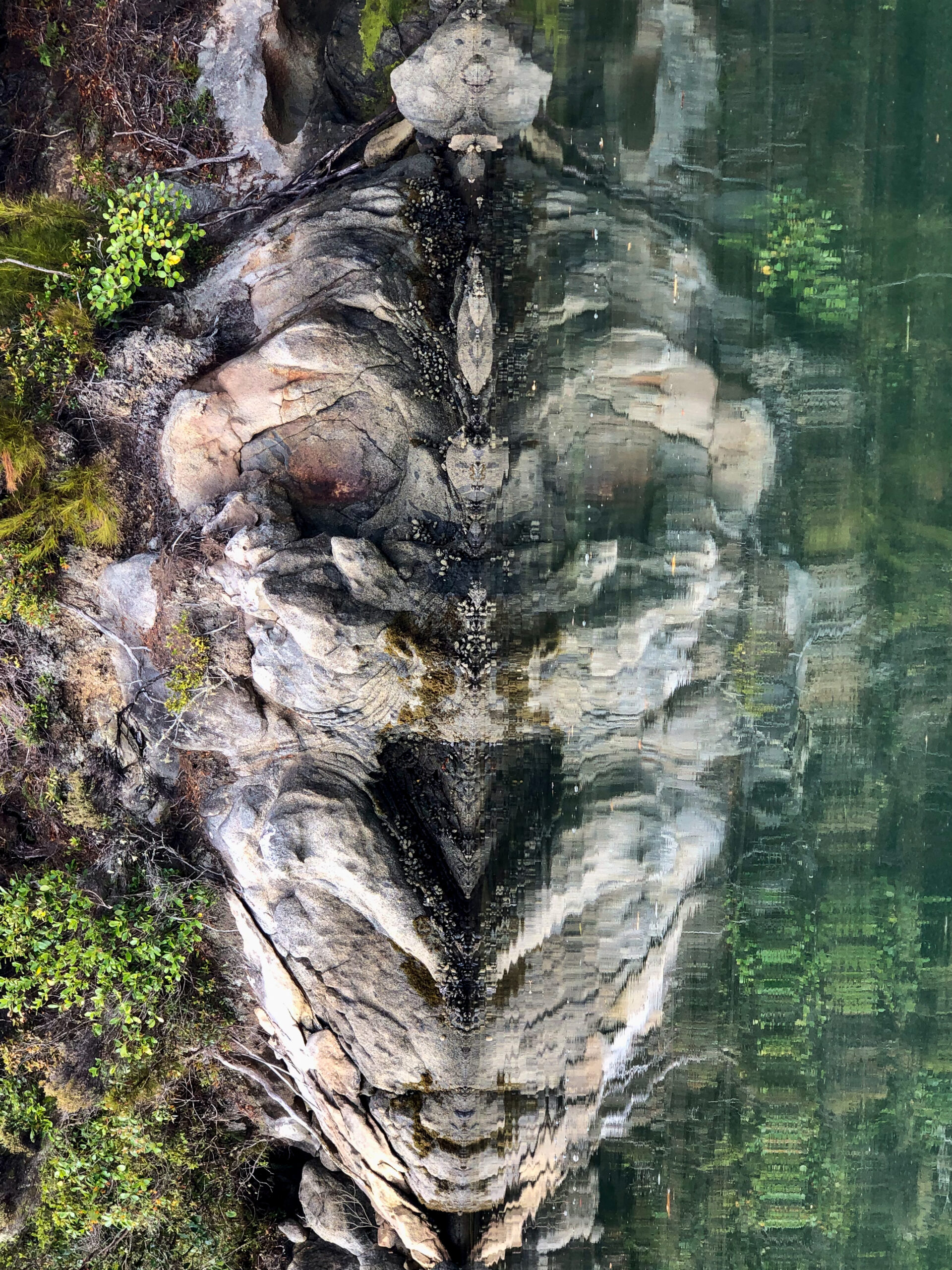
Blue Cod, with their delicious white meat seem to be ridiculously easy to catch. A little jigging provided us, after quite a few small fish, with a keeper for fish tacos. Reminded me of the one taco, two taco, three taco sea bass of the Sea of Cortez.
We’re re-learning, too, that it is not, and never has been, all fun and games. The carburetor on the outboard has used up a few hours on a couple of different afternoons. Despite being ‘fixed’ at great expense in Christchurch, the gummed up high speed jet closed up and our outboard carburetor is compromised. We’ll have to be extra careful and baby it. Since we depend on that motor so much, I’m afraid to try to drill out and replace it with the spare jet we have. If it doesn’t go right, we’d be stuck. The closest replacement carb is in Japan and weeks away.



Predator free Ulva Island was a particular treat. We walked with a guide, a woman who came here in the 90’s as part of the effort to rid the island of predators, particularly rats, to save the birds. Kiwi, Robins, Bellbirds, Riflemen, Kaka and Kakariki (including one rare Yellow-Crested), huge Wood Pigeons diving and soaring in noisy acrobatics for mating season, and a beautiful extremely rare Saddleback with russet shoulders. Ulva Island has never been logged, and the native trees were breathtaking, Rimu, Totara and Miro . One grand old giant estimated at 1200 years old, with a whole ecosystem of her own thriving in the higher branches. ~MS
These pics were all taken with my iPhone, as one of the first things I managed to do was tip my kayak and lose my beautiful Sony. A lesson in attachment for sure.
This will be our last cell coverage for at least a month as we head further south, down to Port Pegasus and then on to Fiordland. Starting tomorrow (28/2/22), we’ll move over to our Inreach and Iridium systems to communicate! (You can see those details on the Contact Us page.) Be well, friends and fam. We’ll be breathing you into our hearts! ~DS
Tonga to Minerva to New Zealand, dunh dunh DUNH!
It’s just over a thousand miles from Tongatapu at the southern end of Tonga and the northern port of Opua in New Zealand. What makes this passage different from pretty much all the sailing we’ve done so far is the transition from tropical weather (low pressure systems and troughs) to the temperate cycle of fronts dividing high pressure and low pressure which march eastward across the Tasman sea and wash over New Zealand in waves. The ideal passage strategy is pretty well known, but perfect cooperation from the weather is probably pretty rare.
We used a weather prediction software called Predict Wind which allows us to download four different models of wind files (called gribs), GPS (the US model), ECMWF (the European model) and two variations on these models produced by Predict wind PWG and PWE.
Generally, they are in pretty good agreement for one to three days out and then they tend to disagree on what’s going to happen, sometimes quite radically. The value of comparing different predictions is that it gives you a heads up for ‘what-if’ scenarios.
The most common strategy for this passage is make a long westward loop, with a stop at the Minerva reefs which provide a good anchorage and a chance to get the latest predictions for the final push.
*See our post from Minerva: minerva-north-haven-in-the-pacific
The ideal is to arrive on the tail of a high just ahead of the front with nice north or even northwest tail winds … but that timing can be risky.
As we arrived this year in Minerva we’d been looking at the models that suggested ten to fourteen days out that there might be a weather window around November 6th (which is the date we arbitrarily listed with NZ immigration as our arrival date). The European model, however warned of some very high winds from due south or even south west that would make going straight from Minerva tough. Still, the other models weren’t showing conditions quite as strong. They predicted that the high pressure creating this squash zone wouldn’t stall as long as the ECMWF predicted. We got to Minerva very early and waited for daylight to go in (in fact, we now know you can go in and even anchor in the dark, the Navionics charts are accurate and there are no big hazards). We could see boats arriving behind us and some came in after us, but several made the decision to keep going. One Kiwi boat we know left the morning we arrived, also hoping to make a possible earlier arrival in NZ.
 As it turned out the European model called this one, and the boats that continued on had a pretty tough time. One trimaran we know reported 7 meter seas and 50 knot gusts, the captain described it as an ‘exhilarating, wet sail,’ but it didn’t sound very comfortable. I’m not totally sure his crew was in complete agreement. The experienced Kiwi boat called it “gale conditions.” One boat turned back for Minerva after two days. The bottom line is that no one who continued on was making very much southing, despite getting beaten up.
As it turned out the European model called this one, and the boats that continued on had a pretty tough time. One trimaran we know reported 7 meter seas and 50 knot gusts, the captain described it as an ‘exhilarating, wet sail,’ but it didn’t sound very comfortable. I’m not totally sure his crew was in complete agreement. The experienced Kiwi boat called it “gale conditions.” One boat turned back for Minerva after two days. The bottom line is that no one who continued on was making very much southing, despite getting beaten up.
We spent three nights in Minerva watching the weather and enjoying that magical spot. The winds blew in the twenties but it’s a very solid anchorage and was perfectly comfortable even when it got a little bumpy at high tide.
By the time we were ready to leave for the 800 mile leg to New Zealand on November 1, there were 30 boats anchored in Minerva (it could fit a hundred easily). Twenty-three left at the same morning, and we joined them, leaving toward the end of the pack.
What we were seeing in the gribs that made us go were predictions that the wind should start to swing east as the high finally moved off and that the next front ‘shouldn’t’ hit New Zealand until the 7th (a weak front) and maybe not even until the 9th or 10th (more of a real front). Based on watching the weather this year, I’d say that made for an unusually generous weather window.
The two obstacles we needed to plan for were wind and seas that were still more southerly than optimal and what looked to be a big chunk of calm airs for the last two days. For this passage I think most would accept some windless motoring rather than encounter the 6 meter seas and gales conditions off the coast of New Zealand that sunk a boat this year 22 miles from her destination.
This is the passage that Allora was made for. She sails to windward like a champ so that we were able to comfortably point higher, meaning head south a little sooner, than much of the fleet. She’s also fast with wind ahead of the beam, mainly I think because she handles the seas so well. We started passing boats the first night, most during Wyatt’s midnight watch. Diana had volunteered to help run an SSB radio net (the “Tonga to NZ” net), so we were apprised of most of the boats positions that way. By the end of third day of windward sailing (45-60 degrees apparent) we had passed everyone except a Dutch trimaran. Then the wind began to die, and this is where Allora’s advantages as an offshore passagemaker also shine. We carry 190 gallons of diesel so we had no reason to save fuel and wait to start motor sailing to keep up our speed. Our experienced Kiwi friend, Tony, who’s done this passage many times had counseled us not to let our boat speed drop below five knots, and since we had the fuel we turned directly on the rhumb line and kept her moving. With an 80 horse Yanmar, Allora also motors comfortably at 7.5 to 8 knots (uses more fuel, but we had it, and it is better for the diesel to run hotter). In the end, we used our engine for two days, which is the longest we ever have. But boats that waited to turn their engines on arrived a day later than us, so they ended up motoring pretty much just as long. Boats without the fuel range came in two days after us when the wind began to pick up again. We arrived at 1:00PM on the 6th of November.
Okay, so now please forgive me for a little boasting. A lot went into planning this infamous passage and we’ve been thinking about how it would go for a very long time. We were the first of the “Minerva Yacht Club” boats to arrive in Opua, ahead of the trimaran because they did not have the motoring capacity we do, and ahead of a 52 foot catamaran because that boat could not sail as fast with the wind ahead of the beam.
Part of what made this a great passage was our strategy. Initially, we heeded the common wisdom of heading for “John’s Corner” at 30S 173E. The idea of this approach is that it gets you closer, but you’re still in a position to slow down if a front comes in sooner than predicted so that you confront it above 30 degree where it is less dangerous. Then, as the wind swung more east we headed up, but not right away on the rhumb line, but cutting the corner. We were faster at 50 degrees apparent and getting a better distance made good (DMG) to New Zealand. Boats that headed for the rhumb line too soon fell behind us because the seas were rougher to the east. Boats that waited even longer to head up added a lot more miles to their passage. Using the engine to motorsail when our speed dropped below 5 knots, allowed us to turn on the rhumb line once it was clear that the coast was clear for a Nov 6 arrival, and assured that we could spend one less night at sea.
Though we love to sail and hate to motor, the conditions were eventually so beautiful and glassy calm it was a different kind of pleasure. With the sails down it was also easier to detour when we spotted a pod of pilot whales and to pause for Wyatt to get some beautiful shots of the first Alabatross we’ve seen. It also gave Diana, Wyatt and I a chance to get the boat ready for inspection by Customs.


In the end, we couldn’t have wished for a better passage and we couldn’t be happier with Allora. What a boat!
~MS
Diana disclaimer: All these shots are taken during the placid last two days of our passage. Before that, the camera wasn’t coming out too much!!
Minerva North, Haven in the Pacific

Of all the places Allora has taken us, North Minerva Reef, is a stand out. The reef literally emerges only 90cm at low tide, and when walking on what feels like the Pacific’s very precipice, we had the surreal sensation that we’d been transported to another world. I urge you to read this article from New Zealand Geographic, which lays out the inherent hazards and contentious history of this fascinating ‘land:’
We, like many others, made a stop at Minerva North, to break up the often difficult passage between Tonga and New Zealand. Most boats poise themselves to try to stop, but the weather conditions have to be right to enter the pass and take the time in ‘pause’ mode as opposed to continuing onward, so we felt lucky to manage 3 days in the fold of the protected lagoon. We weren’t alone, though! The 30 boats at anchor around us were dubbed, ‘The Minerva Yacht Club!’



The Kingdom of Tonga


Woven belted mats, ta’ovala
worn over black missionary garb
maze of lifted islands pushed up by the Tongan trench
friendly islands, plotting Cook’s demise
faint volcano in the distance, a perfect cone
further south, the world’s newest island
space alien squid hovering by the swim step

weekly troughs of rain and wind and gray
hard scrabble bottoms for the anchor
numbers for the anchorages keep sailors from learning the hard to pronounce names
everything at the Neiafu market is four dollars

fish and chips on a floating barge
God is Alive bar, blasting music across the still water
Ag festival for the King

Ag festival finery
dead zebra sharks on display,
a temporary binge in the off limits fishing zones
people go crazy to show what they have

soft coral, rocks and canyons, nudibranchs and filefish

lobster, lobster, grab one if you dare

outer islands, Ha’apai, people live simple lives

weaving, fishing, making babies

it’s a long boat ride to the nearest grocery store
power from a solar project paid for by Japan
kids play on the beach

leap from the trees into the sand
make toys of VHS tapes, decorating wood fences with shiny ribbon
sailing the flat water behind the lagoon
hove-to for humpbacks
whales sing as we dive

high pitched songs, deep rumble in your chest
rolly anchorages, whale nursery anchorages, long beach anchorages

Kelefesia as seen from Wyatt’s drone view = as sublime from the air as it was to be there!
coconut heart pancakes!

Older, sprouting coconuts produce this rich flavored ‘heart.’ Not easy to extricate, but we make the most yummy pancakes using them!
Sleeping mom’s providing whale-sized nourishment using her Antarctic reserves
tail slapping to keep junior in line
rambunctious males, out for a good time
call mmmhhh mmwwwhmmm whummmmmmh
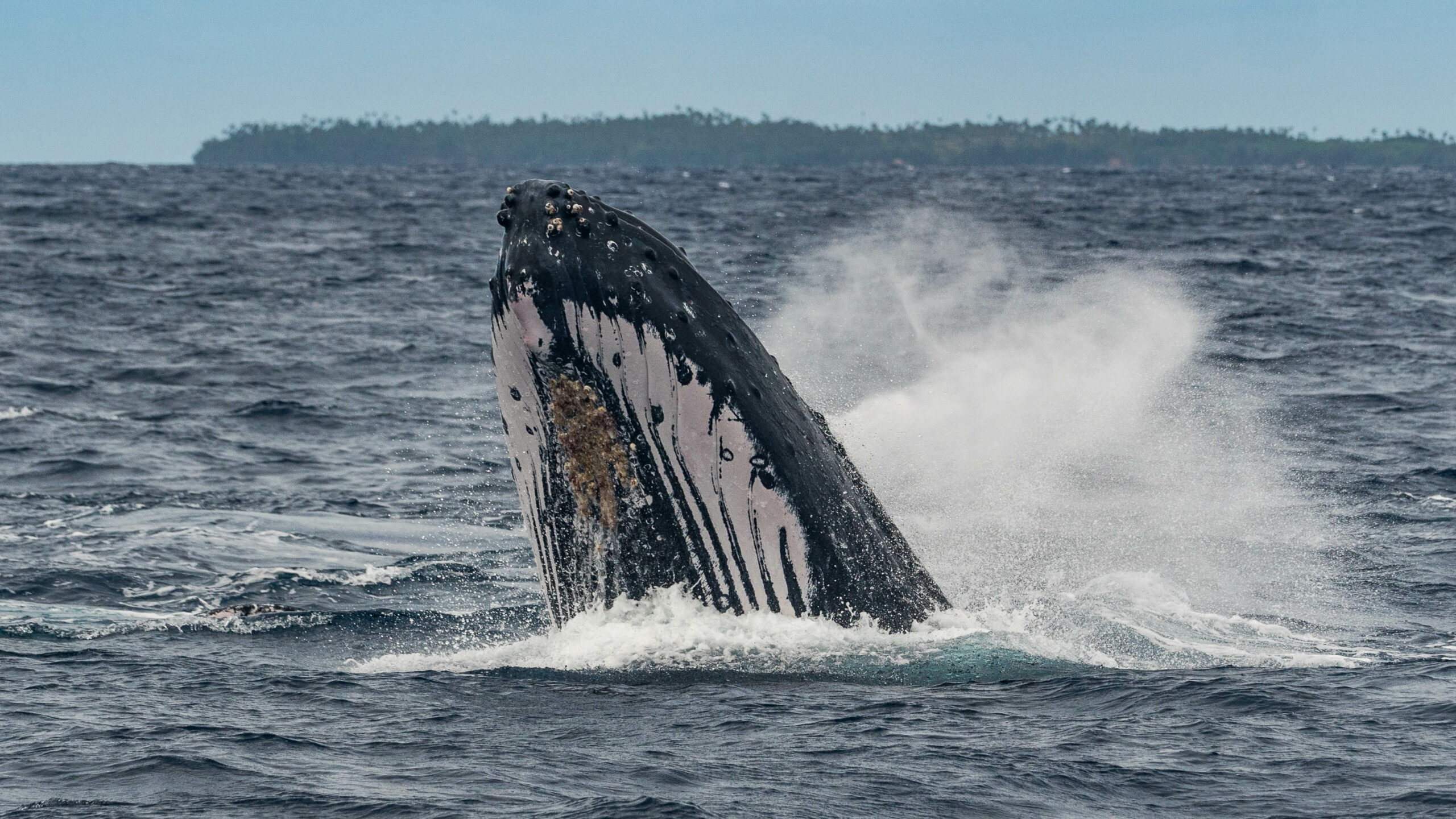
Cetacean society,
any whale who’s any whale is here
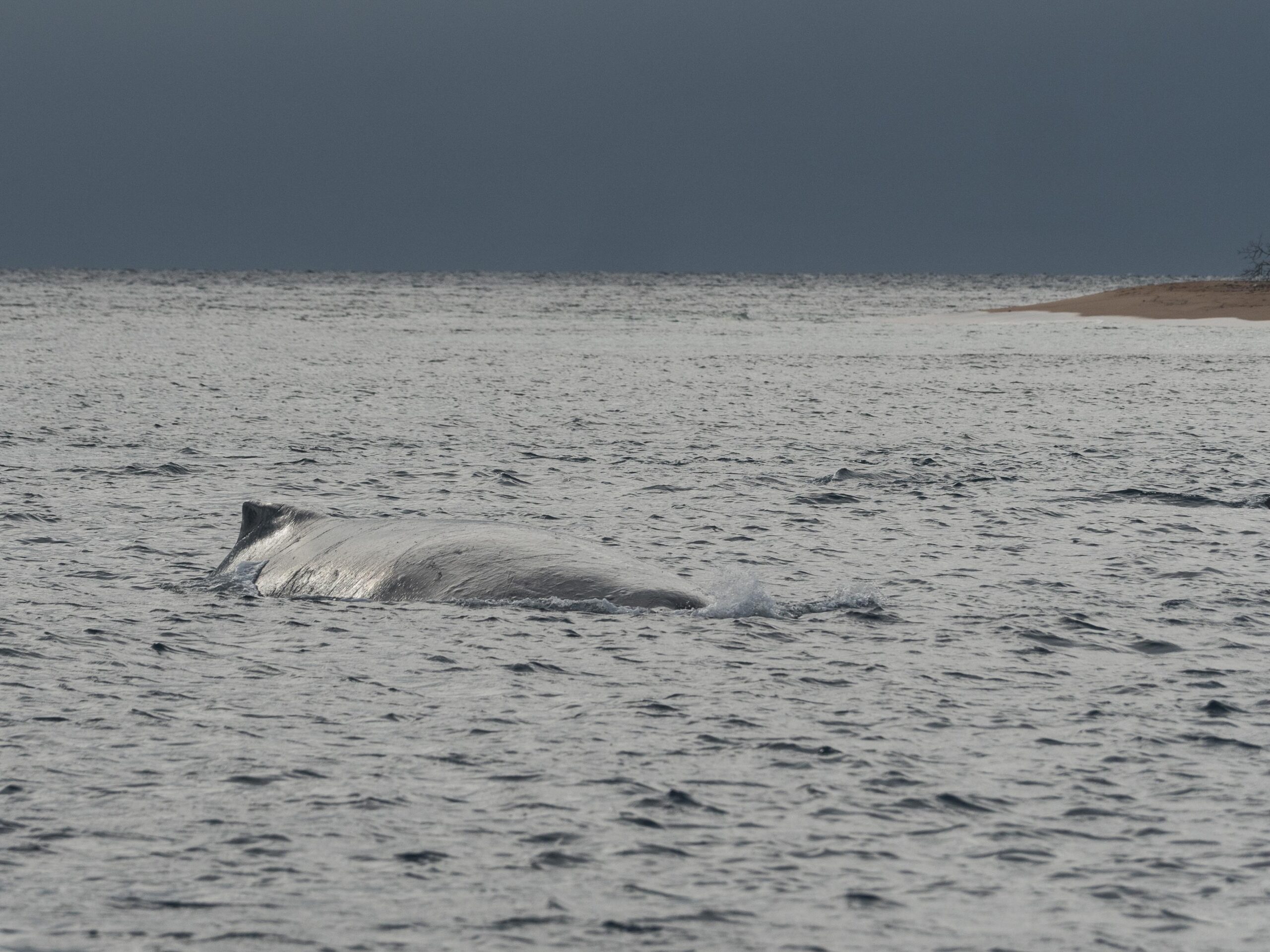
Tonga’s the place to be, leviathan

Well, Hello!
no predators, warm water, but no food either
what if humans vacationed the way humpbacks do

on a diet
no Piña coladas, might just put cruise ships out of business
think of the savings in fuel!
~MS

Nature’s bit of lovely!




Astrophotography with an anchored (moving) Allora is a wee bit tricky – nice work, Haley!
We had all 3 kids (and Liam, too) visit over the course of our 3 months cruising around Tonga, so you’ll see some family faces among the locals:

Still Going Strong!
(Why the title of this post? Well, that’s what the young guy working at the airport said when I picked up my own duffel bag! Yeah, he figured I was ‘still going strong’ just to be able to DO that! Poor kid, you can imagine the reaction I gave him?!)
We left Allora in Neiafu, Tonga on a mooring (always a bit disconcerting), and dashed to San Francisco for my brother’s wedding! After that three day, joyous whirlwind, we shot over to Bozeman, Montana for a couple weeks of catching up with friends. We had two indulgent stays: at the Lawson’s whimsical loft and Katy Hood’s historic Southside home (giant thank you’s to both of you) and soaked up some much needed love with our dear ones. I wasn’t quite in the photo mode, so there are only a few here and much else is left tucked in a corner of our hearts. Thanks to Lori (and maybe others?) for a few of the family/wedding shots.
“Whales! One o’clock, Starboard bow! Not that far!”
There isn’t much about humpback’s that you can get “used” to
fin and back slipping above the waves
scale inspires awe
flukes waving goodbye, whispering into the drink
surge of whales on the move
juvenile males on a mission
shouldering water ahead of them as they porpoise on the surface
strange knobby heads rushing through the foam
in calmer water, a spy hop, slipping up to peak at YOU
soft blow of a sleeping whale
the sudden totally unexpected wild audacity of a breach
that always always comes out of nowhere
and again
young whale under the stand up paddle board
gripping the camera, ready to go under
calves in the anchorage, sleeping with Mom
arced above her head
curious little ones spy hopping by the stern
or practicing their breaches
flopping, silly half out
then the day they show everyone what they’ve got
~MS
(Rough camera moves, sorry, but the proximity had us sufficiently EXCITED!!!)
Suwarrow, A Nature Reserve


Our stop in Suwarrow was comprised mostly of hiding from 30 knots winds created by a squash zone from a gigantic 1044 high in the south with effects that had people digging in from the Gambier to Tonga. So we don’t have much to offer about what you might do there to enjoy yourself. What we found out was more what you can’t do, and after French Polynesia and the Tuamotos the list felt onerous. Here’s what the ranger who was running things in the winter of 2019 said:
No anchoring except at anchorage island by the ranger station. Period.
No diving. Period. (Why?)
No fishing inside the lagoon.
No going ashore on ANY motu in the park anywhere except the ranger island (supposedly because of their rat eradication program)
Technically the rules even dictate when you can leave through the pass (not before noon) though I have no idea how they think they would enforce that.
There are more no no’s, mainly things you’d expect to be prohibited. At the bottom of the list, there’s a caveat that says the ranger can add anything he wants to the list, and the current Ranger took that to heart.
That leaves snorkeling, pretty much, and nothing else.
Unfortunately, though this obviously feels excessive and extreme, the behavior of some yacht visitors has served to make the ranger feel more adamant about enforcing and expanding his rules. It doesn’t help that some people feel they have a right to harvest coconut crabs and even lament not having taken more when they found out they could sell them for big money in Niue. Or that some members of the ARC (Atlantic Rally for Cruisers) showed up before the legal opening, trashed the place (according to the ranger) and left their flag planted on the beach. Suwarrow is a designated sanctuary and should be treated with the same respect as a national park anywhere.
Because the forecast called for the possibility of SE winds over 50 knots we asked for permission to anchor in the better protected SE corner and were denied. Unwilling to test the ranger’s theory that the allowed anchorage would be safe (there is at least one yacht sunk on the NW corner of that tight anchorage with south exposure), we moved, despite his objections to the south east corner, invoking our right under international law to ‘safe haven.’ Our biggest concern was the 3 mile fetch that the allowed anchorage would be exposed to. The anchoring was very poor in the SE, with coral and bommies everywhere, but it was definitely a safer spot. If we did drag we had miles to react rather than the tight lee shore of the approved anchorage. This decision did not make us popular with the head ranger, but we felt we had no choice for the safety of our boats. In the end I don’t think we saw over 35 knots, but I personally would make the same decision again.
We left as soon as it was over.
~MS

9° south of the equator
“It’s hot here,” the Pastor’s lovely wife said with a smile, “it’s always hot. Sometimes you can see some flowers blooming and you know it’s Spring, but it’s always hot.” The village of TeTautua does not own enough cars to have much of a road so its houses tend to meander along foot trails, which double as scooter and motorcycle paths, a web centered on the imposing blue and white Cook Island church. Ungirded by streets, houses with deep porches, windows without glass, only tattered cloth curtains, lay scattered at random angles. You might forget to notice that there are no dogs (they have been disallowed by the island council, which makes everything its business). Their absence, as much as the haphazard city planning, creates the feeling of a ghost town, especially if the children are in school and the hot sun is broiling the gray coral gravel underfoot.

The island is losing its population, slowly, people emigrating to bigger more populous islands, or New Zealand. Though there is an abundance of fish, there are few (maybe none) of the occupations that keep idle hands busy in even the smallest midwestern ghost town. In the big village on the other side of the atoll there is a nurse. There is a policeman, somewhere. There are teachers. But there are no stores. There are scant few gardens, a difficult enterprise in the hard limestone pavement that constitutes the earth of an atoll. There are thriving coconut groves, possibly the remnant of a copra operation, the kind that is still subsidized in French Polynesia. For a while there was a booming pearl farm business, which succumbed to cyclones and a disease among the oysters. Perhaps the mental, emotional, spiritual space that in North American suburbia is filled with cars and traffic lights, malls, donut shops, Home Depot and Costco, here is filled by the sea herself and the Cook Island Christian Church.


It’s no secret that missionaries did a number on the South Pacific. This is still one of the main places those white shirt and tie young scrubs in the Salt Lake airport are all headed. But it was news to me that God apparently doesn’t want you to fish on Sundays (I thought Jesus was a fisherman). No work, no play, no music, no swimming (sound familiar?). Like a friendly, island version of the Taliban, they take these injunctions seriously in Penrhyn and they made it their business to see that we anchored right by town to ensure that we weren’t off enjoying ourselves on Sundays doing the devil’s worst out of sight of the church’s two story pulpit.
Naturally, we were invited to church. Hats strictly required for women (strictly not allowed in Tonga) but definitely NOT permitted for men. Diana showed up with a beautiful head wreath from Rapa (made for church there) but here she was told she had to have a hat that covered the top part of her head (cuz God is looking down, I guess?). Long pants for men (in the tropics!), luckily Mike had a light pair I could borrow so I didn’t have to wear jeans. The Pastor’s white pants (God only knows how he kept them white) were unhemmed and about eight inches too long for him, so he walked on them, barefoot when he greeted us at his house and then under sandals for the service. He carried a bible, well worn with pieces of folded paper tucked among its pages, King James translated to Māori/Tongarevan, the language of the Cook Islands.
We arrived in the morning to find out that regular church had been cancelled because an elder woman, Mama Takulani, mother of 12, had died in her sleep early that morning. She had lived on Penrhyn her whole life, in this village of about fifty people, with barely one dirt road and about four cars to drive on it, no stores, no post office, nothing but a collection of very simple homes occupied by people who must know each other very, very well.
We gathered at her house, the palangi (foreigners) outside on plastic chairs to witness a three hour funeral, mostly singing, which seemed unscripted and improvised, arising spontaneously from the group of women seated on the patio floor. Men joined in, and the harmonies were unlike anything we’d ever heard, oddly discordant and complex, a fascinating mix of church hymns and Polynesian music, all the more intense as an expression of mourning. Speeches were given by men, long speeches, in the local language, with occasional acknowledgements in English to the visiting Palangi. The woman’s body was carried to the church, in through the left-hand door, briefly spoken over, then exited through the right-hand door. She was buried in a pre-built concrete crypt in a hole dug that morning by a backhoe outside her bedroom. She was covered with a tapestry and laid in the ground. It felt very odd to witness something so profoundly personal and significant for our hosts, though they went out of their way to make us feel welcome, and afterward there was a feast, with an insistence that visitors eat first.
The next Sunday (Father’s day!) respecting their local commandments and traditions, I did not fish. The first time that has happened since I became a father, 27 years ago. Instead, we went again to church to be harangued, mostly in Tongarevan, but also in English, by a series of men who (like the pastors of Rapa), utilized a hierarchically arranged pulpit (literally with stairs) to wield their authority. Maybe you need something organized like this on an island with nothing but turquoise water and sun and fish, to keep people from running amok, though it felt so out of place with the usual island vibe of very friendly, relaxed, open people. Singing provided some relief in the service, though the performance was more structured and a little more hymn-like than what we witnessed at the funeral. There’s a lot of this kind of singing in Penrhyn, all through the week, several times a day on Sunday. They grow up with this music, so they sing with passion and confidence and subtlety. The women often hold a hand to their face as they sing, and I wasn’t sure if it was to help them hear their voices (the way you might imagine Sting in a recording studio), or to hide their faces and wide open mouths. One young woman held a book that blocked most of her face. Afterward, there was another generous feast at the Pastor’s house, with pictures of the gathering of foreign visitors (representing several countries in Europe and North America) to be posted on Facebook.
When it seemed we would be on the island for another Sunday (waiting for a weather window to depart, and fishing) we decided we would skip church, but thought we’d better say something about our decision in advance. The Pastor seemed relieved (the unexpectedly large group of sailors must have been hard on his freezer, which would not be refilled until the next supply ship, months out). He did admonish us not to do anything on our boats, especially not swim, and seemed to joke (not sure here) that the sharks were in league with God and would enforce the no swimming on Sunday rule. Diana spent about five hours in the water cleaning our hull anyway, and lived to tell.
Though we chaffed at being required to observe the religious regulations of the island, presented to us as Law (which almost certainly cannot have been constitutional in a country governed by New Zealand) we were also overwhelmed by the generosity of their reception. Gift giving and hospitality is a pervasive and vibrant cultural practice throughout Polynesia, and they outdid themselves. We did our best to give back, too. And although the dogmatic Christianity was a tad stifling, we still managed to have some good connections. The Pastor was a bit of an odd duck in that way, at least for me, it was very hard to engage him in a regular conversation. His relationship to the visiting foreigners seemed mostly about the opportunity to give speeches and express the piety of his flock and the importance of his position as their spokesman.
We were the fourth boat to visit Penrhyn in 2019, but within two days there were eight more boats. Most of them part of a group of kid boats (that is, boats which have kids on them, who generally drive the social schedule), all loaded with school supplies to give to the children of Penrhyn. Liza, of the boat Liza Lu, is a teacher from New York whose class had started a pen pal relationship with Penryhn before coming. She had more postcards to deliver and spent time at the school helping the kids compose new post cards that she would mail back to her school. Our friends on Alondra, marine biologists with two girls, eleven and twelve, brought in microscopes and spent a day with the students peering at everything from fly eyes to butterfly wings and gecko toes. A huge hit. The boat ‘Panacea’ with Tuomo, Reka and their kids presented a slideshow about how they’d come to be there aboard a sailboat, and shared glimpses of all the countries they’d seen. The families aboard s/v’s Luminesce, Calle II, Itchy Foot and Caramba all participated, too, and Adagio’s crew were elemental helping with the mosaic. It was an unusually bustling ‘point in time’ on the sleepy eastern side of Penrhyn … ~MS
CRUMP!
Lots of love in this mosaic!
Diana spent a day at the school (and several more on the boat) helping them make a mosaic for the school using local materials but also glass from Italy that she keeps squirreled away in the bilges. She donated for a center element, a piece of glass given to her by a mentor in Ravenna. The theme for the month at school was “Love,” so that inspired the design, which was set up so that many kids could work on parts of it at once. Thanks too, to Mike and Katie (s/v Adagio) for jumping in to help. We hung it on the school wall with the assumption that it might outlive the actual building itself. ~MS
Penrhyn Underwater
The Bird Motus of Penrhyn, Cook Islands
Mad for Kio Kio, bonefishing in Penrhyn
 Every fisherman dreams about a secret fishing hole somewhere. Someplace no one knows about. No one goes. No one (or hardly anyone) has ever fished. A place where you show up knowing you won’t see a single soul and that the fish have never seen a fly. This dream fishing spot is naturally chock full of fish, too, everywhere you turn.
Every fisherman dreams about a secret fishing hole somewhere. Someplace no one knows about. No one goes. No one (or hardly anyone) has ever fished. A place where you show up knowing you won’t see a single soul and that the fish have never seen a fly. This dream fishing spot is naturally chock full of fish, too, everywhere you turn.
The Cook Island’s atoll, Penrhyn, might just be that place.
This atoll lays more than 800 miles of open ocean from anywhere. There are no flights. It is visited by just two supply ships a year. The only way to get here is in your own boat, sailing far off of the normal tradewind route. There was a time when expensive flights from the main islands of the Cooks occasionally brought an intrepid fly fishermen from New Zealand, though because there are no hotels or any other tourist infrastructure on Penrhyn the only way to fish these remote flats, even then, was to stay as a guest with the pastor at Te Tautua and have him take you. This apparently did happen at least once. Years ago. Basically, the only people who ever visit, in very, very small numbers are sailors. The intersection of committed bonefishermen and blue-water sailors who can actually get themselves to Penrhyn yields a very tiny slice of humanity. I’d bet there aren’t more than about five of us in the whole world, and that includes our friend Mike, who’s introduction to fly fishing was walking the flats with me in the Gambier and Rangiroa.
The pastor insisted on taking us to his spot, though we had our own dinghy and knew from Google Earth exactly where to go. Wishing to be gracious guests of the island, we accepted the ride. We spotted the first pod of fish even before getting out of the boats and over the next four hours (the limit of the pastor’s desire to stay and harvest noddy bird eggs), I landed at least fifteen bonefish (which is a lot of bonefish), considering the amount of time it takes to land each one and the fact that a fighting ‘kio-kio’ clears the immediate area on the flat of willing fish. Mike caught nearly that many, as well, and we were often doubled up with fish on at the same time.
We fished this singular spot for a couple weeks going back on our own, and it wasn’t always as good as the first day, the tide and the weather have a lot to say about how good the fishing is going to be, but it was always our spot and the fish were always there. They aren’t as big on average as the bonefish in French Polynesia, but Penrhyn is chock full of them.
We pinched ourselves regularly to make sure it was not just a dream. ~MS
Maupiti, a gem in the Society Islands
For sailors, these outlying islands are tempting and we’ve had Maupiti in our minds since reading an article about it in a sailing magazine while still in Bozeman. It did not disappoint and it was fun to have some days to explore the little, sleepy island some call Bora Bora’s rival. Maupiti was our last stop before saying ‘au revoir’ to French Polynesia. We would have liked to be able to make it to its’ neighbor Maupiha’a (Mopelia), some 130nm away, but we felt the tug to gain momentum westward …
Stevens/Stevens Rendezvous Society Islands
In May we had the chance to buddy boat with my brother Doug and his family and friends. They flew from Washington and chartered a catamaran big enough to accommodate eleven people on board. We kept a pretty busy schedule touring Raiatea and Bora Bora, hiking, snorkeling, sailing, diving, SUPing and kayaking. A few of us fit in an epic, muddy climb to the top of the peak of Bora Bora. It was great fun to sail alongside my brother, beat him sailing to windward and then watch him blow by us like a ghost ship with the wind behind the beam. He hailed us on the VHF sailing to Bora to tell us that for the comfort of his crew and to keep up with us on the windward leg he was turning on the engine. I said, “That’s awesome (I never expected to be able to beat that catamaran) he said, “Great for you, Marcus…” Evenings onboard Kiwi will probably stick with us the longest. I guess sunsets are like that. After a long day of whatever and wherevering (usually in the water) their ridiculously spacious Bali 46 was a great place to hang out with no particular agenda, sip a little rum or scotch, a glass of wine or a dark and stormy and enjoy the warm tropical breeze and another delicious meal. ~MS
Sweet Tuamotus, Last round through …

I’m going to ask Marcus to wax poetic about our final weeks in the Tuamotus. Suffice it to say that this region of French Polynesia is most definitely a favorite of ours and I even heard Marcus say he could live there. If fresh produce was available, I might be on board! For the time being, these pics can be a placeholder. These are shots from Tahanea, Fakarava and Rangiroa.
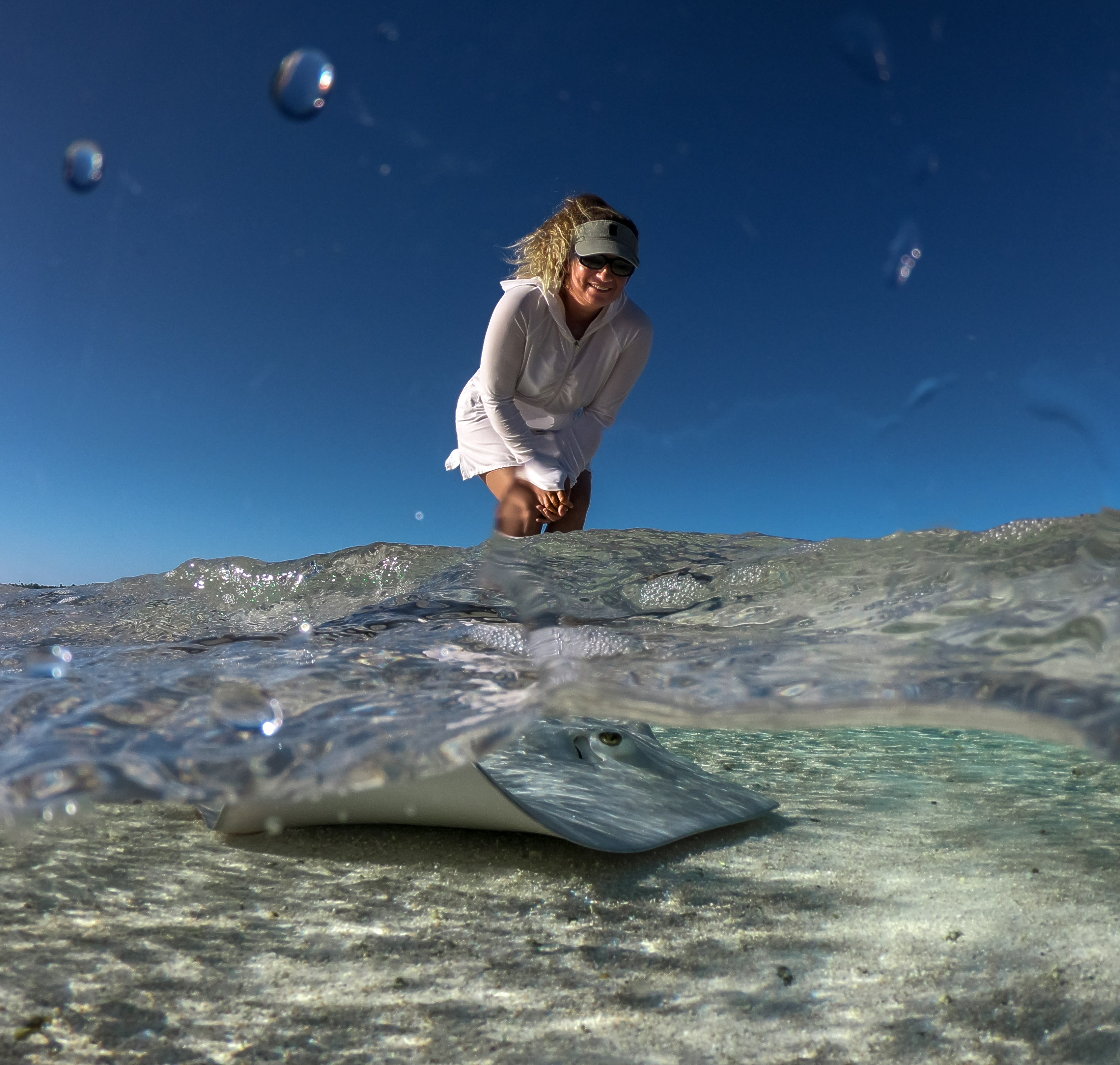
Cephea cephea/Crown Jellyfish
Tahanea, Tuamotus – April, 2019
We saw these dinner plate sized jellyfish while meandering around the SE corner of the lagoon searching for our anchorage. I hoped they’d stick around so I could get a closer look, because I could see that they were intriguing, but I HAD NO IDEA!! These shots were taken over 4 days of 15 -20 individuals. I was mesmerized!!! We were without wifi, so couldn’t even learn about the magic I was witnessing, but I was aware of being incredibly lucky to live on a planet where such a creature exists.
A quick search reveals a paucity of information about this jellyfish, but here’s a bit of what I found: Cephea is a genus of true jellyfish in the family Cepheidae. They are found in the Indo-Pacific and East Atlantic. They are sometimes called the crown jellyfish, but this can cause confusion with the closely related genus Netrostoma or the distantly related species in the order Coronatae. They are also sometimes called the cauliflower jellyfish because of the cauliflower looking crown on top of the bell.
Common Names: Crown Jellyfish, Cauliflower Jellyfish, Sea Jellies, True Jellyfish, Transparent Crown Jellyfish and Crown Sea Jelly
Scientific Name: Cephea cephea
Gambier Finale
We spent about 6 months in the Gambier between two visits, which was enough time to start to make some connections and get to know people a little bit. Herve and Valerie on the island of Taravai nurture these relationships with sailors, warmly welcoming everyone who drops anchor behind the reef. Eric and his family became near and dear and when tragedy struck (Tina was lost at sea in August of this year), we grieved together.
We learned our way around, becoming comfortable with how things worked with the supply ships, buying gas in 200L barrels and negotiating to pump diesel straight from the boat. We got used to the idea that it was nearly pointless to try to get an internet connection, even in town.
We got to know some of the people along the water in Rikitea’s harbor:
Mike the fisherman and his wife, Agnés, the school teacher, offered us fresh fish and tried to organize an excursion outside the reef with Marcus, but the timing never seemed to work out.
Vaitea, the guy at Jo Jo’s (the ‘magasin’ or market) who made key resources manifest when there were supposedly none and was the recipient of multiple loaves of banana bread.
Louison, the body builder who rented us extra scuba gear – always laughing and smiling, paddling his Va’a in the harbor, delivering us tanks and gear wherever, whenever.
Eric’s sister-in-law, Juanita, and her friend Tao who drove us around the island in search of fresh fruit and invited us into their homes with open hearts.
Tehoto, who grew up on Kamaka island, who’s wife, Noella runs the pizza place, which is sometimes open on the weekend, depending on what else they have going on, allowed us on his private island, sharing his haven with us.
Iolanie rented us her car for a couple island excursions and stored our bikes in her front yard and later, in her store and would accept nothing in return.
Josie and her husband from Las Vegas ran one of the magasins and they volunteered to bring us veggies out to our anchorage about 8 miles away, as they were going by to a nearby motu (island) anyway … and this on Christmas Eve!
And then there were the cruisers, considerably more this year than last, who sought refuge from inclement weather in these eastern Polynesian waters, namely cyclones. A comradery naturally developed as we ended up seeing the same boats around the islands. We sat out a tropical depression at Herve and Valerie’s place in Taravai with a handful of other cruisers and were all poised to help out our neighbors as need be. The community of sailors is one of the highlights of this nomadic lifestyle and generosity, much like in the local culture, is a ‘given’ concept and knows no bounds.
Over two seasons, we covered most of the waters that comprise the Gambier, and yet it was hard and strange to leave knowing we would probably never make it back to this beautiful, remote Archipelago apart from the world.
Elizabeth and Michelle, Mom/Sis team 2, Gambier!
cerulean seas
rain storm snorkel,
diving (with and without weight belt),
sharks, shells, sand, sailing in the lagoon
bugs on the beach, turtles
coconuts and an ancient village
Taravai petanque, ukulele and guitar
gusts from the mountain
anchoring pandemonium,
slow time and quick time
Valerie’s painting with sand
more fish more music
more fish more fish
damsels, butterflies, leatherbacks, grouper
parrot fish, sling jaw, guinea fowl puffer
canyons of coral, warm water
singing, laughing, lazy days
~MS
Mom and Lori team up in the Gambier!
Our 2019 ‘cyclone season’ in the Gambier kicked off with visits from our Mom’s and sisters. Mom and Lori arrived at the end of January and we enjoyed a couple of weeks aboard Allora, sharing our favorites (people and places) in this sweet eastern corner of French Polynesia.
Mom certainly knows her way around the boat, so she slips into very relaxed mode and we always marvel at her being ‘game’ to do just about anything. This was Lori’s first full-fledged stay aboard, so it was particularly wonderful to immerse her in our life afloat. These were full, rich days!!! ~DS
Through Lori’s Lens:
Through Maddi’s Lens, Gambier 2019
Through Wyatt’s Lens, Gambier, 2019
First Round: Gambier 2019, with Wyatt and Maddi
DIVE IN! We’ve been to the Gambier before, this little Archipelago on the southeastern edge of French Polynesia, clinging to the tropics by a few minutes of a degree. From any place to any other place in the Gambier it always seems to be six miles. Motus, reefs, mountain islands, all of French Polynesia on a small scale. Not a lot of people anywhere, basically one road on Magareva, no traffic lights, or stop signs or yield signs. No internet to speak of.
We’ve been to the Gambier before, this little Archipelago on the southeastern edge of French Polynesia, clinging to the tropics by a few minutes of a degree. From any place to any other place in the Gambier it always seems to be six miles. Motus, reefs, mountain islands, all of French Polynesia on a small scale. Not a lot of people anywhere, basically one road on Magareva, no traffic lights, or stop signs or yield signs. No internet to speak of.
The business of the Gambier is pearls. Its cooler water temps and open lagoon are ideal for cultivating that one particular oyster which has captured the imagination of the world’s great connoisseur and collector ape, an irredeemable species with a bizarre obsession with grading things according to their level of perfection, and assigning abstract value. Toiling like 49’ers, cleaning the oysters, nurturing and counting them, performing delicate surgeries to create little iridescent balls of nacre.
We had lots of company in the Gambier this time around. Lots of time to go explore some of the places we missed the last. We thought it would feel like lots of time in general, but I guess Time doesn’t exactly work that way. First to arrive was Maddi, followed a few days later by Wyatt’s girlfriend, Heather. All passionate outdoors people, crazy about running over mountains and diving with sharks and mantas. Heather kept a diary of the fish she identified (as a scientifically trained person would). She and Wyatt would pour over Diana’s books at the end of their dives. Diana’s pretty good at this, but I’ve been slower remembering the names of (non-game) fish. One that Wyatt and Heather found that has stuck and is easy for me now is the Piano Fangblenny. Nice name for a fish with what sounds like a mean habit of eating other fishes scales. We had lots of music and card games for the rainy days. Maddi hooked a giant bonefish right off the shore in front of Eric’s. It charged her fly and then ripped into her backing. She landed the next one. Wyatt landed a nice fish there, too, a few before having eluded getting their picture taken by slipping off the hook at the very last second. We dove, exploring new places in the Gambier, had some gear trouble, and then got that fixed. We played volleyball in Taravai and climbed Mt Duff in the pouring rain. It felt quick (as almost everything seems to these days) but filled with memories.
 The weather was unsettled during most our stay this year in the Gambier. Everyone says so. It’s a thing. We had great weather and we had rainy weather. We had calms that made it possible to swim with mantas at Ile Kamaka and spend a wonderful Sunday afternoon relaxing in the shallow water beach in front of Eric’s pearl farm. We also had the worse wind we have ever experienced at anchor, a glancing blow from a depression that plunged the barometer to the low 990’s. Top gusts of 54 knots and sustained winds of 40 knots. A proper gale. Other sailors certainly got tired of us commenting that it wasn’t like this last year.
The weather was unsettled during most our stay this year in the Gambier. Everyone says so. It’s a thing. We had great weather and we had rainy weather. We had calms that made it possible to swim with mantas at Ile Kamaka and spend a wonderful Sunday afternoon relaxing in the shallow water beach in front of Eric’s pearl farm. We also had the worse wind we have ever experienced at anchor, a glancing blow from a depression that plunged the barometer to the low 990’s. Top gusts of 54 knots and sustained winds of 40 knots. A proper gale. Other sailors certainly got tired of us commenting that it wasn’t like this last year.
Christmas day the festivities were held at Edouard and Denises, at the southern end of Taravai. We wore our hats from the Australs, and like everyone brought food to share. Herve supplied the pig for the roast (he introduced me to the doomed prisoner the day before) and Edouard made Tuamotuan-style bread on the fire from coconut heart and flour wrapped in leaves (delicious). We brought guitars and ukuleles and I backed up Maddi on few songs, then Wyatt came in. For me the best song of the afternoon was the one Wyatt and Maddi sang together “Wildermen.” It starts, “my brother and I”… but Wyatt sang “my sister and I.” They stopped and tried again, laughing when they each switched the line, and then on a third try got on with the song. Funny and relaxed, what a great afternoon! The song Maddi wrote for mother’s Day “Anywhere You Are” was also a big hit. We played the chorus a few extra times so everyone could sing along. After awhile, Herve brought out his Marquesan style ukulele, which confounded us at first because he’s left handed, though he hasn’t restrung the instrument to match, so he plays it upside down and backwards. It didn’t make it easier that here they use the do re mi system of notation in French Polynesia instead of A B C chords that we’re used to. But after a bit of mental gymnastics we were able to share some songs with him, too.

KAMAKA is a small, steep island on the south edge of the Gambier. Because the reef is submerged along this border of the archipelago the ocean swell is free to move in. There’s a patch of sand that great for anchoring (though watch out for a lost anchor on bottom about one third in from the east side), but the conditions have to be pretty calm for it to be comfortable. There is almost always a south swell breaking on the west side of the beach (in case you’re a surfer).


Taravai is a sort of sailors mecca in the Gambier. It’s a good anchorage in most normal weather even big southeast isn’t too bad. But the real attraction is Herve and Valerie. They live on this island with their son Ariki, the only child on the island. Herve’s uncle, Edouard and his wife Denise live at the other end. It’s kind of amazing in the 21st century to see such a gorgeous place so simply occupied. Gambier’s blessing for being enough off the beaten track and a place where sweaters maybe required in winter. On Sunday’s they put on a pot luck BBQ, usually chipping in some fish that Herve has speared and sailors bring food and drink to hang out, play petanque and volleyball. Hard to beat. Valerie greets newcomers with a warning not to beach their dink under the coconut tree which is tall and would be lethal if it let go a coconut as just the wrong moment. The games of volleyball are played with Taravai rules, which include a slightly lower than regulation net and an easy going vibe … Herve’s secret weapon, besides his wicked sense of humor, is the headshot. It never fails to unnerve the opposition. Valerie is a committed player, too, always giggling, saying “Fakarava!” when she misses. Herve calls her “my lady.” The games often persist until it is just too dark to see, so Diana had the idea to ask Wyatt to find a glow in the dark volleyball to bring along as a gift. It lights up when hit, and stays lit for some period of seconds. The first night we played until the only thing people could see was the ball.

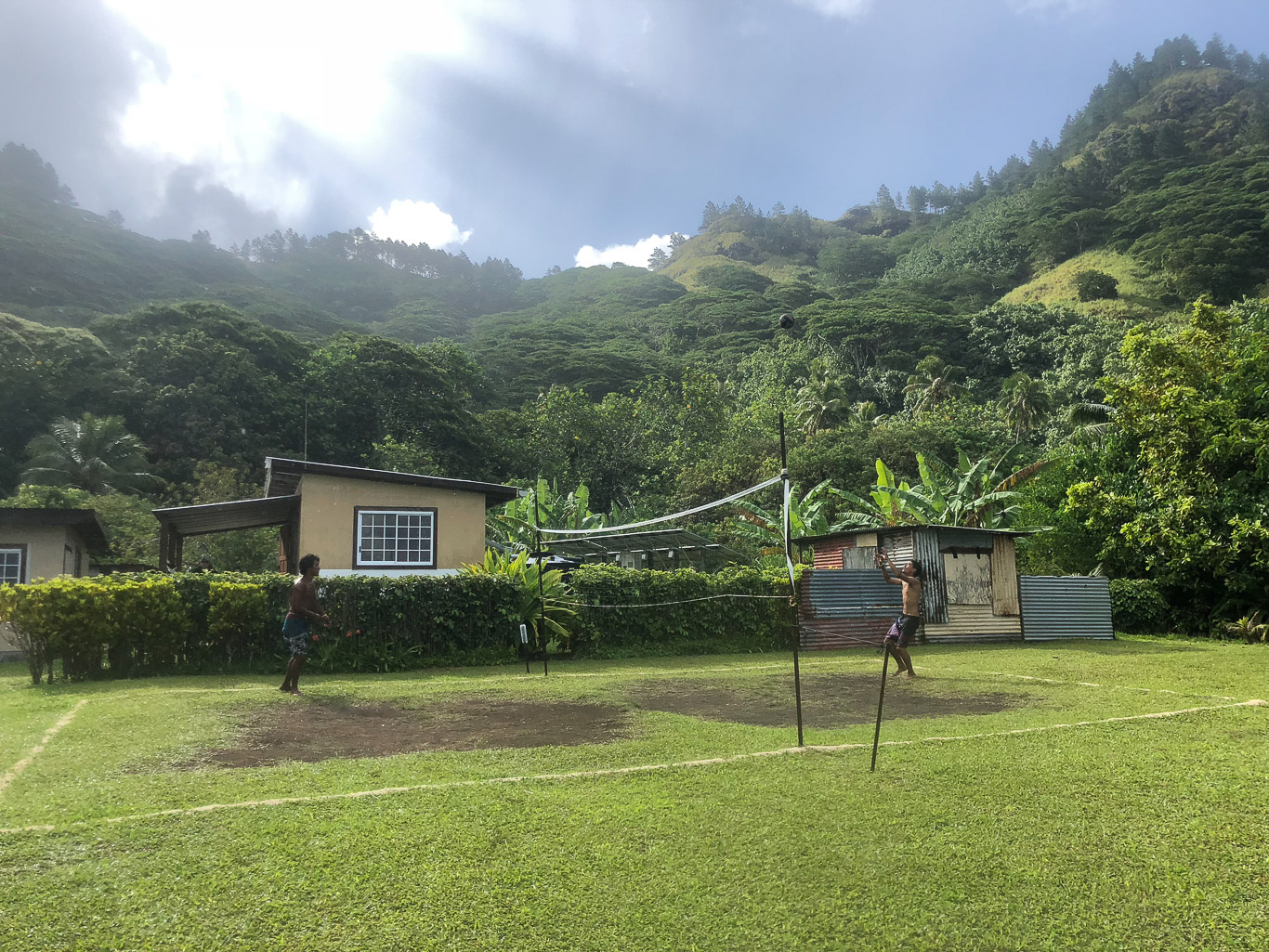
Australs with Wyatt
In a calm but northeasterly breeze we decided to anchor on the west side of the island of Rurutu. The southwest swell wasn’t big and it was a pretty spot. The next morning the sea began to build with an eerie feeling as we lifted on long rollers at anchor and watched them break bigger and bigger onshore until it was pretty clear the dinghy pass there was no longer navigable.
Still, it was a pretty day and we set sail to the south to see the rest of the island before heading for the small harbor on the NE side. Not far along we caught a small Yellowfin tuna, what Diana calls ‘the perfect size.’ Then as we approached the harbor we spotted whales and drifted for a while watching what seemed like two juvenile humpbacks playing, left behind as though reluctant to leave the tropical waters and join the rest who were already headed south to Antarctica. A last hurrah, for us too. It was calm and lovely and there was only one boat in the very small harbor (friends from the Gambier last season) when we ventured in and anchored, tying a long line to the wharf to keep from swinging. We were the 4th boat to check-in to Rurutu that year (in November!)~MS
The Australs lie a few hundred miles south of Tahiti, some just barely within the tropic of Capricorn, more remote islands like Rapa lie distinctly out of the tropics at 27 degrees south. We’re talking water temps below 70 degrees. Brrrrr. The weather is often challenging here and so these islands get few visitors. Intrepid tourists fly to Rurutu (where Wyatt met us) for the whales which winter around the island to raise their calves, but there aren’t enough visitors to support even one taxi. Still, whenever we needed to hitchhike, the first car would always stop to pick us up.
Rurutu is a hybrid island, half lifted makatea (limestone from petrified coral) and half volcanic, caves with stalactites like the atoll Makatea in the Tuamotus, but also real peaks and steep rock faces. No lagoon.
One day as we prepped for Wyatt’s arrival, a man swam by Allora and stopped to chat with us. The next day he appeared again, this time at the wharf with a pickup and three huge bunches of bananas, two giant squash and bucket of limes. These were gifts. Welcome to the true heart of Polynesian culture. We told him we could not possibly take three bunches of bananas, but he insisted. Obviously, he knew more about bananas that we ever will. They were timed perfectly to ripen one bunch at a time. Bananas for a month! A couple of days later two women showed up waving half of a tuna. We got one half and Charlotte and Pierre (the other sailboat here) got the other half. A gift again. We gave them what we could quickly scrap together, some cartons of juices, an uneven bargain indeed.
Picture Rurutu, an island with a few moderate peaks, Wyatt with his trail running shoes running circles, mountain to mountain, with occasional breaks to explore limestone caves with his relatively more sedentary mom and dad.
Rurutu grows coffee and strawberries. Yum!
We threw out a second anchor when the wind started blowing from the east northeast, and it got a little bouncy and rainy for a day or two, but nothing worrisome. Could have skipped the extra hook. A real northeast blow would not be good, but even twenty knots was fine in the small harbor.
We sailed passed Tubuai, reluctant to miss out on it’s vegetable gardens, and burned a little diesel to make it to Raivavae before dark. Like Bora Bora without the tourists, jets skis and cruise ships. Dodgy weather keeps it that way, but it was fine for our short visit. Lychee nuts were in season and we were given bags full.
There are bonefish in Raivavae. Wyatt and I spent the first afternoon fishing what looked like a classic flat. We caught Brassy Trevally, but saw not a single bonefish. The next day I decided to follow Diana’s advice and ask a local, and this woman very confidently pointed us to the unlikely looking shallows along the motu away from the “classic” flat. Wyatt spotted the first one a hundred feet down the beach and hooked the first one a hundred feet later. There were lots of fish, but they were very picky. It took a while to get the presentation right.
There’s a point of sand that separates the classic flat and the long beach where the bones actually are. It’s a steep drop off and the trevally cruise the edge. We were having fun chasing those, Wyatt with popper, when a Giant Trevally (GT) swam up on the flat, in about two feet of water. I finally got a cast to it and it swirled on the fly, but didn’t hook up. It looked at the fly one more time, unconvinced, and then swam back toward the edge, right toward Wyatt. I yelled to him that it was coming and he cast the popper out into the deep and waited until the fish was close. I’m not going to be able to adequately describe the excitement of watching that huge fish (guess 80 pounds) charge after his fly, straight at him. It finally engulfed the popper with a furious and massive gulp just fifteen feet in front of Wyatt. Holy shit! At first it didn’t quite seem to know what’s up. I played Dad yelling, “Let it go, let it go!” afraid it would break him off immediately, and Wyatt’s yelled back, “He’s not running.” And then he did (may I say holy shit again) and never stopped. Finally Wyatt had no choice but to start adding drag and inevitably the fish broke off. It would have been a miracle to land a fish like that on an 8 wt fly rod. But who cares? That was unforgettable. If you want to get a real idea of what it looked like watch BBC’s Blue Planet II Part I, “One Ocean” about 14 minutes in. Let David Attenborough explain it to you. Giant Trevally gather at a particular South Pacific atoll to feed on fledgling birds, literally jumping out of the water and grabbing them mid air or swallowing them whole when they make the mistake of resting on the water. The whole series is awesome.
We hiked the peak, watching Wyatt traipse ahead in the distance, spec of a red shirt bobbing on the steep green slopes of the peaks. The view from the peak was beautiful, but all I could think about was a chance lost to get one of those GT, this time with a 12 wt rod that might stand a chance. We had to leave the next morning.
The sail from Raivave to Rapa wasn’t too bad, but like all the sailing in these latitudes, the winds were fickle compared to the steady trades we’ve been accustomed to in the Tuamotus. Very light from the east when we arrived. We took a rare opportunity to anchor in one of the northern bays. In stronger winds no doubt the waves wrap and make the anchorage uncomfortable at best.
Wild horses, cattle and stone foundations, the remains of earlier settlements. We explored the valley and the next day climbed the ridge, aiming for a nearby peak, but halfway up we spotted a group of outriggers paddling toward Allora. We weren’t sure who they were, but they finally spotted us up on the hill and paddled over, we climbed down to meet Alain and , the one Rapa policeman, plus paddling friends. They’d figured out we were here (having not checked in), so they came to greet us. They returned in the morning, we thought to check us in, but really to have coffee and muffins. They looked at our papers but then asked us to come see them in town to really check in. It was an elaborate process considering we were still in French Polynesia, but super nice guys. It probably didn’t help shorten the formalities that Diana kept making the yummy muffins and cookies, no doubt it could be done in one stop instead of three.
We heard somewhere that there was a compressor on the island for filling scuba tanks, owned by the community. To get our tanks filled we had to go see the mayor of Rapa, who is also the main guy at the post office (used for banking and many other purposes here). Once we got the nod, they would not take money, and sent three young guys to collect them, and then return them to the dinghy on the dock.
Everything in Rapa went like that. We were given as much tuna as we could carry. “No money. No money,” and bags of peaches and nectarines and a local berry kind of like a blackberry. We tried to gift back, Diana baked peach muffins and banana bread, and we gave them little things from the boat and fishing line, but really you can’t win a gift giving contest with a Polynesian. They have the home turf advantage. It was all light hearted and a real pleasure.
To manage their fisheries, the island has a general ban that is in place most of the time for the east side of the island called the Rahui. From time to time they lift the ban and the boon of fish is piled up on the docks and shared among the whole community. Everybody gets fish.
There is no airport in Rapa, and it’s quite isolated, so things have to work differently. Not much room for disparate income levels, and the pretense of independence that underscores our western culture. No doubt there are tensions that go with that. Everybody knowing everybody’s business. It’s a small island. Centuries ago, before the arrival of Europeans, things got really, really tense on Rapa, which is just five miles across. There are the remains of fifteen forts on the island, occupying all the peaks and high ground to be found.
Wyatt and I cleaned Allora’s hull in preparation for our passage to the Gambier. Deep water under cloudy skies. We were circled by curious Galapagos sharks for the whole hour or so underwater.
Before leaving we visited church, for the hats (amazing) and the singing (magical). We were told everyone went, but in fact, only about seventy out of the four hundred some odd souls of Rapa showed up. Alain, who told us everyone went, wasn’t there either. Children attended, minded by an imposing man with a very big stick. The program was dismally long, and heavy on patriarchal themes, but it concluded with a feast and more music, the insistence that we bring lots of leftovers away with us.
We prepared to weigh anchor in the rain, but our chain was trapped between two towering bommies in the deep anchorage. Diana had to put on scuba gear and dive sixty feet in the gloom among the sharks to free it.
On our way out, we spotted Raymond, our tuna and peach benefactor who was running shuttles across the deep channel to take people back from church. Wyatt scooted over in the dinghy with a Montana hat to give him. He laughed because we got him, he had nothing on him to give back! ~MS
THROUGH WYATT’S LENS:
Follow Wyatt and his buddy, Tully, as they embark on their northern Russia expedition: https://www.summerinchukotka.com
More Moorea
First reliable wifi in over 6 months, so I will be making a series of blog posts trying to get caught up! We last left off in Moorea (Oct.’18), so here are a few last shots of the island which, although somewhat touristy, provided sweet memories and special encounters. Next up, the remote Austral’s …
We waited a while to leave Moorea for the Australs, which was just fine. Plenty of nice diving with our new tanks and gear, bike rides and friends. And whales. In the wind forecasts there always seemed to be a stubborn trough (meaning squalls and confused seas) situated right across the route. No doubt it’s there most of the time in the spring. We finally left, deciding that it wasn’t ever going to really go away, and that anything that looked halfway decent was probably the best we could hope for.
The forecast was for diminishing winds, so after a rough start (including yours truly experiencing a rare though mercifully brief bout of seasickness after going forward to set up the check stays at dusk, we settled in and the wind and seas finally did seem to mellow. Too make sure we made it to Rurutu not too late we also decided to fly the Asym, which we are normally reluctant to do at night. All fine on Diana’s watch, but instead of continuing to decrease the winds built on mine. The plan was to wake her up to furl the sail if the breeze tipped 16 knots. It hit 18, twice and finally I woke her. By the time we started furling it was blowing 22 knots and the bowsprit was nearly bent in half. It was almost impossible to get the sail in. When the wind did die, as forecast, we could no longer fly our Asym.
Instead of a Haircut
Crazy way to start a day! I’ve been brewing the desire to get a tattoo since being in the Marquesas but had WAAAY to much ambiguity around the ‘what’ and ‘where’ questions to pull the trigger. Nothing changed this morning, except that I’d made an appointment to show. We took Namo (our dinghy) down past Cooks Bay in Moorea and found Gilles Lovisa’s waterfront shack.
These Polynesian ‘story’ tattoos are great for those of us inclined to want to piece lots of elements together, so I shared my joys and loves and concerns, too, and before I knew it I was on the table! Total trust in this stranger of an artist! In an hour and a half, designs for all these symbols would be forever with me: earth, growth, nature, flying, and my art. In this tattoo the mountains, the wind and birds can be found, as well as my new animal loves – a manta, turtle, shark and whale. On this meandering ‘trail,’ too, family/friends, strength/protection, passion/compassion and my three children ( I resisted doing your faces, H,M, & W!) are there. Ha, I could have kept on going … but for a first, we packed a lot in!
Now I have to cease my whale swims for a couple weeks, but I have an indelible impression from this stunning corner of the world. Think I’ll keep it!
NEVER Too Many Whales!
The Turtles of Oponohu
We are now equipped to dive aboard Allora, so it’s been our pleasure to explore the coral canyons outside the pass in Moorea and we’ve been rewarded with countless Hawksbill Turtle encounters.
Much like the Manta’s belly markings, the ‘mosaic’ pattern on the turtles’ cheek is unique to the individual, so I’ve been getting carried away with my Sony RX100V (in its housing, thanks Marcus for finding a great little camera!) trying to get shots to share with local researchers. ~DS
Heavenly Humpbacks!
Yesterday was one of those weird days that looked to be a complete write-off; Diana’s computer started having issues and the weather for sailing south to the Australs was looking impossible. By late afternoon you don’t expect things to turn around. I’m sure a halfway decent plan might have deflected this unfortunate slide in paradise.
For whatever reason I was on deck and noticed a catamaran which seemed to have stopped halfway in the channel out of the reef. I watched long enough to see that they had paused because of whales coming in the pass. A mother and calf.
We abandoned ship! At first they seemed to have moved off. We were swimming back, assuming we’d missed the show when they appeared between us and the dinghy. We stopped and waited and they swam over to check us out. They circled and came back several times over the next hour, often so close we both felt like we needed to back out of their way. It’s pretty impossible to adequately describe how huge the mama whale looked as she swam by, her eye just a couple feet away. It was breathtaking! The calf was even more curious and played and splashed right next to us. On one of his passes the young juvenile delinquent gave Diana a playful wallop with his tail, really clobbering her over the head. She was okay, but I think her mask was knocked a little askew.
This is one of those experiences that probably everyone has imagined. I know I have. There’s simply nothing on earth that could prepare for the feeling, bobbing in the ocean with these beautiful creatures in a curious and playful mood. ~MS
Tahiti… aka Civilization
Accomplished in Papeete thus far: (working list of paradise offsets!)
Wash Allora with fresh water for the first time in a year (Diana uses a toothbrush for her part)
Polish and wax cabin, and dodger
Inspect and put new seizing wire on anchor swivel
Clean and replace anchor markers
Adjust valves on Yanmar engine
Clean heat exchanger Yanmar
Replace coolant Yanmar
Check belts, hoses and impeller Yanmar
Install new AIS antenna and cable, solder new UHF connection
Dismantle, clean and relube primary winches
Troubleshoot Radar
Update firmware on multifunction navigation displays
Clean Namo with fresh water for the first time in a year
Replace D ring on Namo
Wash Allora with fresh water for the second time in a year
Climb and inspect mast
Drill rivets and remove lower shrouds
Replace lower shrouds (one broke a strand sometime since May)
Update software on iPads
Update software on Diana’s Mac
Update software on Marcus’ Mac
Replace battery on Marcus Mac book pro (new battery shipped from France)
Update Delorme
Update Iridium Go!
Rum and Whiskey provisions for 9 months
Charge flashlights
Acquire and consume as many pamplemousse as possible
Purchase dive tanks and dive gear, BCD’s and regulators
Install straps and bunnies for new dive tanks
Marcus’s bike to shop for replacing corroded gear ship cables and brakes
Clean, polish and wax Allora port side
Finish windlass rewiring/waterproofing
Rum tasting on Adagio also with friends from Reverence
Build seat for mast climbing rig
Umpteen bike trips to the store to provision
Stow provisions for nine months!
Clean mast to lower shrouds. Polish.
De-rust middle and upper shrouds.
Clean and scrub cockpit cushions
Clean and scrub cockpit seats
Install wheel holder for removing wheel from helm
Sundays 0600 market provisioning X4
Lubricate head (this is one of Marcus’s favorite jobs)
Clean helm bag
Scrub decks with boat soap and fresh water for third time in a year
Multiple doctor appointments
Charge rechargeable batteries
Charge handheld VHF radios
Clean, polish and wax Allora starboard side
Clean Bimini and connector panel with fresh water for the first time in a year
Polish dorades
Replace dorade gaskets
Edit photos for blog (the font should be larger on this one to reflect the magnitude of the task)
Provide copy for blog
Factory service for Yamaha outboard
Go through Aft cabin for disposable items
Go through fwd cabin for disposable items
Dispose of propane tank
Sell (or actually give away) kite surfing board
Clean fishing gear
Communicate via Skype with loved ones for the first time in months
Write emails complaining about destructive ferry wakes in Papeete harbor
Read first set of rejection letters on Slocum novel
Repair and re-bed shock connection freezer with 5200
Empty and clean freezer and refrigerator
Replace shock on freezer, and refrigerator
Empty and clean refrigerator
Rinse running rigging with fresh water
Exchange propane tank
Install new organization system for refrigerator
De-rust and replace washers on all hatches
Disassemble broken Lewmar clutch and investigate repair options
Order more fly tying materials
Order new butt section and new rod to replace broken nine weight
Swab decks final (fourth) time to remove grime just before leaving Papeete
Upload 8-9 new blog posts
Scrub window UV covers
Wash folding bikes
Fabricate dive flag buoy
Laundry, laundry and more laundry (dry on lifelines)
Finish cleaning the mast, checking fasteners, de-rusting
Plant herb garden! (Thanks to Birgit/Pitufa for the inspiration and AK/Pensive for some key supplies!)
Cross things off this list (thanks, Ian, how could I have forgotten the most fun task?!)
We are currently in Oponohu, Moorea awaiting a weather window to head south to the Austral’s, so the chore list grows, (clean waterline, PFD zipper repair, etc.) – but we are also exploring some of the dive sites on this north side, WITH OUR OWN GEAR!!
Ah, Tetiaroa!
Aka Marlon Brando’s atoll, aka where Obama went to write his memoirs, aka the weekend get away for Tahitian royalty for hundreds of years before those two. This is a difficult atoll, not very often visited by sailors. There is no pass to get your sailboat inside the lagoon, so you have to find a place to be on the outside, which means that conditions have to be just right. There’s a bay on the southern side, but the prevailing swell in these parts is south, and it has to be less than a meter and a half, or it’s just not tenable. The trade winds are east-southeast, so those have to be mellow too. The other big, big problem is that it’s super deep right off the reef. There’s not really a place to anchor. Charter operations out of Papeete have put in five mooring balls. Only one of those is really good for overnight, and if the conditions are right, the charter boats are guaranteed to be using them. We sailed in from Makatea unsure if we were going to be able to stay. In fact we had to plan our schedule so that we arrived in the early morning. Then, if we had to move onto Tahiti, we’d be able to get there before too late in the day.
As we approached after an overnight sail from Makatea, we could see two charter boats already arriving. Our only choice was to motor up to the catamaran that was unloading his guests to take ashore and ask if we could use one of the other moorings.
Now it’s really easy to imagine the response you might get to such a request in much of the rest of the world. Even a polite, sorry, these are private buoys would not be surprising. Less polite, not surprising either.
Obviously, we got an altogether different response. The captain of this catamaran had twenty or thirty guests that have paid $150 each to get there and were lined up to get ashore. He’s a one man show, from running the boat to making sure everyone has a life jacket. So he’s a bit busy. Nonetheless, without hesitation he pointed to the closest buoy and said, that’s the one you want. We asked are you sure, not one of the others, no that’s ours and it’s the best one. Can we stay the night? Absolutely, no problem. His name was Moana.
After he ferried all of his charge ashore he came over to talk. Remember the thing about Tetiaroa is THERE IS NO PASS. Meaning, no break in the reef that will allow you to sail to the protection inside. That includes shore boats. Marlon Brando and Obama got there by airplane. The only way to get ashore is to time your approach with the waves and surf your dinghy across the reef. When the surf is out, there’s a three feet wall of coral wall to slam into. This is what we’d been watching Moana do – dinghy runs with his guests. Seriously, it took our breath away. Obviously, it was possible. No doubt centuries ago Tahitian royalty were paddled across the same section of reef by young, strong paddlers. Moana offered to take us in, but he was leaving at 2:00 (we preferred more time on the inside), so we decided to launch Namo (our dinghy) and go for it. We went over to ask for tips and instead of letting us just try it, he took me in his dingy and showed me how to surf across. The key is to line up with a palm tree that has no top. The other key is that the waves roll along the reef so you can see them coming and gun it at the right time. It’s too late to just wait for the water to cover the reef, you have to be going full speed by that moment. Then to get out, the key is to know which coral heads you might hit with your propeller if you don’t aim right. Spot them, then gun into the white water of the breaking surf.
So we did it, surfed in with Moana cheering us on. Basically, you get across the reef and land in a pool, then if you turn hard right you can wind your way through the coral heads and tie off on shore. It’s also possible, but very complicated, to wind your way along the royal Motu (small island) and into the lagoon. We opted for anchoring Namo up at the spot where Moana left his guests and walking around the motu (the opposite way from which he took his clients) into the lagoon.
And what did we find there? Huge bonefish, as big as I’ve caught anywhere. Diana got lots of pictures. It’s illegal to fish inside the lagoon, but catch and release bonefishing is allowed. However, all of the charter companies have signed an agreement NOT to bring fishermen. So the only way, other than the way we did it, to fish in Tetiaroa is to go the the hotel. Where Obama went. Yep, $4,000 per night, not including airfare, for the cheapest room in the off season.
The next day another charter boat showed up. A smaller, private charter, same company, POE Yacht charters. They took the same buoy as the other captain had, but then once he’d off loaded his guests he came over to tell us that he needed the buoy we were on for the night. Once again, sorry sir, but this is a private buoy, you need to get lost. Right? Nope. He said that since this was the only safe buoy for overnight (capable of holding five boat in deep water off the reef), we could tie up to him and be his guest. He also offered to ferry us across the reef, and if we wanted we were welcome to come on the tour. When we asked if his guests would mind, he suggested that it was his choice and they wouldn’t mind anyway. These very friendly people were there to celebrate a daughters 25 birthday, so other than some Karaoke late into the night who could possibly complain?
I took him up on the ride in because Diana had discovered that the best snorkeling was on the outside reef edge anyway, plus, the sharks we’d been seeing circling Allora were Lemon Sharks, which we hadn’t seen before. Diana cannot resist swimming with sharks. While I was away, doing what I do, a mother and calf humpback whale swam right by the boat. Diana was so torn about whether to grab a camera, get snorkeling gear and a wet suit, or what, that she wasn’t able to get in the water with them before they passed, but she had a wonderful close encounter anyway.
We were so reluctant to leave the next morning, but the swell was up, and the forecast was for building southeast wind… time to sail for civilization. In case you’re there already and don’t quite realize, civilization equals ice cream, chocolate and internet. Not to be taken for granted. Especially since we were completely out of coffee, too.
A Brief Glimpse of Makatea, Tuamotus
Makatea is the name of the island, but also the Polynesian word for a coral reef that has been uplifted, above sea level. This makatea is the highest of its kind in the world. The dramatic cliffs make a stunning sight after months of low lying atolls, barely above sea level. They are limestone, and so they are riddled with caves and spectacular formations. The island was extensively mined for phosphate from 1917 until 1966. The mayor of the island of 90-something people, not counting children, is an eloquent and passionate man. Julien Mao is proud of his world travels as a choreographer of Polynesian dance, particularly coming from such a remote and isolated part of the world. Diana contacted him by phone to find out about the three rolly moorings they have off the eastern coast, and he met us at the dock and led a tour of the island. We arrived to find a sportclimbing team wrapping up after a week scaling cliffs on the west side of the island. They showed us drone shots of themselves climbing while humpback whales, a mother and calf swam just off shore below them.
Makatea is laborisouly working on unearthing the remains of the mining operation to create an open air museum.
Because there is no pass, no lagoon, Makatea is unique in the Tuamotus, and not an easy place to make a living. They dream of eco-tourism and climbers, but it is hard place to get ashore unless the sea is in a hospitable mood.
Our mooring was very, very close to the reef, and still it was set in 150 feet of water. The swell rolled by and then onto the reef uncomfortably close. Built out to the reefs edge are the ruins of the mining’s operation, the towers that used to support bridges for loading the ships with phosphate.
It’s not a particularly flashy mineral, but it must have been valuable. The first stop on the tour is a future outdoor museum being painstakingly reclaimed from the brush; all the machines and steam generators they used to fabricate the railways and infrastructure for getting the phosphate to market.
Not surprisingly, the early days of the mining brought almost no direct benefits to the islanders. Cheap labor to dig the phosphate was brought in from Vietnam and China. It wasn’t until World War II that Polynesians began to be employed in the mines. The video we saw of the work was all done by hand, digging phosphate dirt out of eroded holes in the top of the island. What was left behind reminded me of the beaches of Normandy, bombed incessantly in the weeks preceding the invasion. The forests are gone, most of the topsoil too.
For fifty years since Charles De Gaulle came to French Polynesia to announce that their future was in the Atom, there hasn’t been much economic activity on Makatea. Schemes were hatched and mercifully scrapped to turn it into an island for refining oil. There was an attempt at some commercial agriculture which also failed.
Julien has come up with a controversial vision for Makatea’s future, what he calls its new story, and it sounds like it may very soon come to fruition. He would like to team up with an Australian entrepreneur to mine phosphate again, though this time on different terms. The plan, which does not sound like it has seen much in the way of environmental impact study, is to initiate secondary mining on the northern part of Makatea where the potholes riddle the landscape, abrade a layer of topsoil off and save it, take a layer phosphate stone away and then fill the holes left with gravel and rehabilitate the area by reapplying the topsoil. Basically use secondary mining to rehabilitate the damaged part of the island.
What Makatea gets in exchange, besides a chunk of the action we hope, is a new dock and a commitment to restoration projects and conservation which the mayor hopes will lead to a boom in ecotourism.
I certainly don’t have the expertise to judge the merits of his project. More mining doesn’t sound, on the surface (no pun intended) like the greatest idea. On the other hand, there doesn’t seem to be any other source of money out there that could be dedicated just to restoration, and a viable dock for Makatea.
We had a fascinating day on this beautiful island and counted ourselves really lucky to have the cooperation of the weather so we could. ~MS
s/v Chaos
The kids got to name the family catamaran. Alex and William made a deal. Whoever got to pick the boat name, the other got first call on bunks. Alex chose Chaos. Her choice is so recent, (they just bought the boat in Raiatea), that it’s not yet painted on the stern. We met the family in Rangiroa, when they offered us some Dogtooth Tuna and then later met us again by the SE bonefish flats. I took William and his dad for a little bonefishing expedition. The fish cooperated, but William’s legs were no match for his enthusiasm, so Scott had to give him a piggyback ride back to the dinghy. Converting a Kiwi to fly fishing should not be necessary. Scott said he had always planned to take it up when he got older, now I think he’s reconsidering.
They surprised us again by pulling into Makatea early on the morning we were scheduled to take our ‘tour’ of the island with the Mayor. Miraculously, they were ready to join us just an hour after picking up their mooring. The kids got a little restless during the Mayor’s presentation on the future of secondary phosphate mining while we looked over black and white pictures that for them might as well have been from the dark ages. But they had a blast exploring the limestone caves. These are filled with fresh water pools, so you swim through them with flashlights. Fresh water feels particularly good to salty sailors. Our guide for that part (Julien’s son) was barely more than a kid himself, which he demonstrated by climbing high up the walls and doing back flips into the dark pools.
That evening Diana proposed a movie night. Catamarans are made for screening films outdoors. She made popcorn and we brought over our Lenovo tablet/video projector, and set up the giant folding screen across their trampoline. Louise brought out every blanket they owned! The kids picked the movie which is a classic, apparently, in Australia, called “The Castle.” It was the perfect choice, quirky warm humor, and it gave us a glimpse of Haley’s new home of Melbourne.
They headed off for Raiatea early the next morning, bound for Tonga from there and then back to New Zealand, where we’re hoping we can catch up with them next year. ~MS
Manta LOVE in Tikehau, Tuamotus
Pictures are going to do most of the talking here. Just think about the size of these amazing creatures, ten, twelve feet wing span (Manta Alfredi get up to 18’ across). Watching them move, like huge underwater birds, is mesmerizing. One bunch of six or seven literally bowled us over. You can find them in this spot pretty reliably because it’s a cleaning station. Diana was hooked. Another boat came to join us, Jacaranda, who we knew from their blog and got to know on the Single-Sideband radio net that covers this part of the South Pacfic (called the Polynesian Magellan Net, at 8173 USB, 0800 and 0600 local time). Linda is as crazy about looking for new fish as Diana, and she and Chuck had some amazing experiences hanging out with Manta researches on the remote island of Socorro in Mexico. I spent the morning writing, but Diana and her dive buddies got out with the Mantas early each morning. During one of their best sessions they watched a pair doing a courtship dance and then mating which is a rare thing to observe in the wild.
Diana dove with the Mantas twice a day for the week we hung out and took, you might imagine, thousands of pictures. Some of those she sent to an organization called the Manta Trust, (https://www.mantatrust.org) which uses the unique patterns of spots on a Manta’s belly to identify individuals. They encourage people to send in their photos, and then experts in each region identify and catalogue them. Diana sent them pictures of seven distinct individuals. Six of them had been identified before, and they shared some of the information they had from previous sightings, where when, doing what. One of them was brand new to the researchers. They told Diana that they have identified 70 mantas just in Tikehau, so now that’s 71. The next fun part, was that all seven had numbers for identification but needed names. So Diana gave them Polynesian names. Haley’s boyfriend suggested that ‘Liam the Manta’ would make a fine name, though inspiring a Manta name as that would be, it did not make the final cut.
Meet the Mantas:
Ma taa raara – (A shining, or bright eye)
Vavevave – (Speedily!)
Atae – (Surprise)
Marema re – (Sparkling as the saltwater at night)
Tamure – (Dance Together)
Atavai – (Elegant)
Manino – (Calm, Smooth)

Polynesian beauty with an Emperorfish. I brought the dinghy over to say hi and see what they were up to and she shared two fish with us for dinner.
Rangiroa -The Tuamotu Folks Have Heard Of
Our first instinct, on our initial pass through the Tuamotus last year, was to avoid Rangiroa. It seemed too popular – with actual hotels for tourists, including those ‘elegant’ thatched roof bungalows out over the water that plague Bora Bora. But on our second pass this year, we ended up spending a month in this largest of the Tuamotus atolls.
I’ll keep my part of the motivation for staying so long to one sentence: Rangiroa has the best bonefishing in the Tuamotus. Okay, moving on. Okay, well maybe not moving on. I broke both my nine and eight weight rods on these fish. I used up my entire stock of number 4 hooks. I fished everyday, and there were bonefish wherever we went, even at the touristy Blue Lagoon. We’re not talking armies of tourists, lets say a couple dozen for a whole day in three or four small boats. One group even waved me over and fed me lunch. The tour operator was an avid fisherman and pure Polynesian friendly. He told about a spot where he’d seen a giant bonefish, so big that at first he’d mistaken it for a shark.
Unfortunately, I never got over there. The wind shifted and we had to pull up anchor – which is a short sentence for describing a pretty harrowing situation where our anchor windlass failed, and we had to untangle the anchor from some nasty bottom, manually, and then with a little luck and jimmying of the windlass control, we raised the Rocna, just as the waves and wind built in earnest. Fortunately, we figured out the wiring problem at the next anchorage and it was an easy repair. ~MS
To Be A Dolphin!
I don’t know quite how to describe the magic of diving with dolphins. They played, they chatted, they rolled and swooped, they came over begging us to rub their bellies. We lost track of our depth and where we were. They came to see us two out of our three dives in Rangiroa’s Tiputa Pass. It was probably better the second time, because it was easier to slow down and take it in, rather than worry that they would only be there for a moment. It was wonderful to swim with them in their element, to watch one jump up out of the water, looking from below. In Baja we always debated which we loved more dolphins or whales (now there’s a silly argument), and it generally depended on which we’d seen most recently. I remember us saying, ‘dolphins, definitely dolphins’ once, and seriously just few minutes later a humpback breached out of nowhere and it was ‘whales, definitely whales.’ Guess what the sentence is now? ~MS










The wildlife of these remote atolls, which were originally called the Puamotus (poor islands) where lesser chiefs were once exiled, is addictive. It never stops. ~MS




Slow Pace in Apataki, Tuamotus
Return to Paradise – French Polynesia
Fakarava North
Anyone watching us might have wondered what we were up to, bouncing back and forth between the anchorage off of Rotoava and a spot near the north pass of Fakarava. Part of the story is that you need winds with some north in them to be able to sit by the pass comfortably. There’s a nice public buoy by the channel marker and the snorkeling there is pretty awesome. Diana became quite familiar with its retinue of sharks and one particularly friendly triggerfish. I liked the spot because it’s a jumping off point for going to the far northwest corner of Fakarava. This is a nature preserve area, so no anchoring allowed. It’s about a five mile dinghy ride, but a pretty cool spot with some really nice fishing. Diana explored with me the first time, and I did the 10 mile round trip a few more times on my own. I brought a VHS radio in case I had any problems. Occasionally, a few boats brought tourists from visiting cruise ships to a place out that way they like to call the blue lagoon (every atolls got to have one). It’s a pretty spot and they bring lunch. I was lucky this time that they did, or not lucky depending on how you look at it. While I was off wandering across the endless flats in search of bonefish, one of these tour operators spotted Namo anchored by the shore of one of the motus. Apparently, he could not think of a single earthly reason that anyone would park a dinghy in that remote spot (not by the blue lagoon). So while I was out of sight, he “rescued” Namo and towed her away. It’s true that if one of the sailboats in Rotoava lost a dinghy this is where it would float to. Lucky for me there was still one other tour operator in the area, though it was a bit of hike to get to them. He was able to get one cell phone call out before he lost the signal, and after about an hour of chit chatting with the cruise ship passengers, Namo reappeared with the apologetic tour operator at the helm. ~MS
Toau
I think we’ve been to Toau four times now, maybe more. Diana’s posted about it before. The difference this time was that a new group of sailors was moving through, having done their crossing this year. It was interesting to see the island get new visitors, sailors who migrate through each year, visit the same spots, have barbecues on the beach, talk about their experiences crossing the big ocean, and think about the mysterious way the wind messes with the tides. There’ll be another group next year, too. We are so remote and still there is a steady presence. Toau is a popular spot, despite its tricky pass, for good reason.
Among the new crew were friends we made in Baja, Mike and Katie on Adagio. They have dive tanks and a compressor, so we got to do a little scuba diving. Mike is also a pretty fanatical fisherman and gets as excited about the subject as I do. He’d only been fly fishing once before, kind of on a lark in Yellowstone. But we grabbed a couple rods and went out a few times to see if he could hook one. Fortunately, he’s a good enough fisherman to understand that’s a pretty tall order for a first time, but he got a few shots, enough to get a fair idea of how addictive it can be. The fish were being tough in Toau this year, giving me a hard time, too.
We spent a little time on our own, too, doing what we do. Freediving to photograph fish, and yep, more fishing. Lots of water time.
We moved around to Anse Amyot, (the ‘false pass’ outside the atoll in the north), for a little more diving with Adagio, which was excellent, including some caves in the reef absolutely jam packed with sea life. I fished a little more. We bought some wildly overpriced lobster from Valentine, the snaky operator of the business there and had a wonderful lobster dinner with Mike and Katie. Valentine tells the story that she came to Toau as a little girl from nearby Arutua in a small boat with a two horse outboard. She says she was brought by her father to keep her grandfather from stealing her. She has his name, is the explanation. She’s been there a long time. She’s very, very religious. But she doesn’t seem particularly happy with her lot. There’s a defunct phone booth on the motu and a very funky pension. They installed buoys for sailors ($5/night) from the time there was a village here. This is the first place we’ve been where we felt this proprietary vibe, but the option to tuck in safely on the outside was sure nice. ~MS
The Land of Plenty (Canada/Montana)
Other Place
take three steps into the forest,
there’s a mythic creature
somewhere here. I first saw it when I
walked through the douglas firs,
fresh snow and a silent doe.
I heard it was clear, as a blue-sky-day
but I couldn’t find it there either. I checked with the mosses,
shoved in the cracks and soddy spaces
and they told me I must be looking too low.
I went back to the books to ask again
I asked and they told me it was far
far, far away and
when I saw it I would know—
the Sublime, venerate, wouldn’t cower away from me
or the trails that led me there.
once though, when I found it perched neatly on
a rocky precipice at the peak of a
mountain, I looked to see its outline,
tried to gauge the colors of its fur,
I must’ve blinked or tried too hard.
so when I turned,
It flew away like a skittish bird
left me staring, dumbly, at the telephone poles
and old country roads, dusted trails and highways
that mapped out our places,
grid-like carways, lined with neat rows of
bushy trees that’d lost their space
stood tall and straight, sized to fit in our
self-made-image of Cultivator
creator, and perpetrator
of our own extrication.
built palaces and started lying about
the names of our neighbors, calling them gardens instead of wilds
they say it’s only ‘Wilderness,’ without us in it.
building ourselves enclosures, instead of greeting exposure.
where is it? I looked
everyday and I swore I could see
it everywhere. as a child does
I found it in every leafy green and blinking
crow, yes that one eating garbage,
does it start when I can’t hear the cars?
they tend to travel really far in valleys and tunnels.
does it stop when lights turn bright blue, because I’ve
seen, there’s creatures in the deep that do that too
maybe it’s when I start to see the stars
maybe it’s when I start to see
the stars for what they really are,
scale for a model that should
make us realize we’re smaller
than we think we are.
when did it start? I think
we stopped counting ourselves
in the trees, starting using names
that made us and Them
so we didn’t have to look in the mirror and see
ourselves mixed-up
with the world we had cut-up and conquered
mixed-in with our own muddy refuse.
we eschew our homes in nature
so it’s easier to ignore our neighbors.
out of sight, our minds hold
the history of the Wild
as myth, but treat the fiction
We wrote, like it was writ
in the stone of the mountains.
~Wyatt Stevens (from his Keystone/Quest U.)
Stand Tall
each day above
watch with eyes of
shadowed time
what stops the bear
from dancing on your
streaked and weathered face
gilded scars of passersby
shake storied shackles
held tight to stone
slick and salted winds
warp with ice the
tracks of snakes
brush with trees
the balding peaks
the palid sky
stand tall to
tales as to
the moon
~WS (From his Keystone/Quest U.)
It was a surreal 5 weeks back in the civilization we once knew so intimately. Now, after 3 years on the boat, this trip (our 2nd) was more challenging because we were rather hurried, our time was split between Canada and Montana and we were tasked with boat jobs and a battery of regular medical checks. Nevertheless, we miss our loved ones mightily and however brief and chaotic, we feel re-invigorated now out at sea again, having immersed in that pot of gold called home.
I try not to be a slave to the camera on these trips, but consequently, the pic representation is spotty and the shots I do have, in many cases, are pretty weak. If we shared some joy and it’s not seen here, know it is being held in our hearts. Miss you already!!
Visitors in the Gambier and Fakarava
“This time is hard to find heaped under a mountain of machines and motivations all founded on hours and minutes.” ~Wyatt Stevens
The decision for Shannon, Josh and Wilder (3, almost 4) to visit came down fast, and within a week and a half we were picking them up at the little motu off the eastern side of the Gambier Archipelago. They dove in, they played, they pushed themselves. We laughed, we learned, we loved. It was a 3 week plan, which, in hindsight, should have been simply spent in the lagoon, but Josh was keen to take an ocean passage, so we gave it a shot. Shannon was facing some real demons by even considering the feat. There’s a superstition in the sailing world about not undertaking a passage departure on a Friday. Well … not only was it a Friday, but guess what the date was?! Yep, the 13th!! Needless to say – we ended up shifting gears; they flew instead and we met them with Allora in Fakarava, 5 days later. Plan B worked out great! The memories from this adventure have been distilled into flashes of Wilder being wonderfully true to her name, snippets of her remarkable imagination with words (notably ‘Shit Bullet’) and scores of her laughter as she’d commune with the fishes. We were struck by a force from which we will never recover. Oh, and yeah, her parents are sensational, too!
“To see the world as it awoke in its own defenseless candor.” ~WS
Gambier Archipelago, FP, Cyclone Season
We underestimate gravity
living mostly in a flat world
or buoyed by the sea
or by the power of internal combustion engines,
jet turbines
until the boat heels just fifteen degrees beating to windward in moderate seas
and making coffee becomes a heroic adventure
I’m still trying to understand, to viscerally know
how gravity is mass bending space time
I do get that gravity is like time, in this crazy wingding world
falling toward the future
resisting it is an illusion
even our thoughts are not free of gravity
normal looks strange, titled just a little off angle.
~MS
Haraiki to Hao, Tuamotus
Swept Away
Ian likes to plan and he has a knack for thinking through the details, even when the boat he’s planning for is not his own. He’s also devilishly persuasive. Long before we’d given any real focus to the question, he’d figured out that we needed to know where Maddi would fly in and out of when she came to visit in December. His suggestion turned out to be Fakarava, where by incredible coincidence, Makara (Ian and Erika) and Starlet (Jennifer and Mark) both intended to be for Christmas. We regretfully explained that while we didn’t really have a plan, per se, we would be much too far east by then, well on our way to the Gambiers. But every once in a while, he’d gently ask if these poor, confused American sailors had a plan yet. After luring us to join them in Moorea for an unplanned (by us) detour, we burned up enough time that, as predicted by Ian, Fakarava actually did make the most sense.
Lo and behold, we found ourselves Christmas eve, faced with an unusual northwest turn in the weather, sailing upwind and backwards (as in north and west), to get to Fakarava according to Ian’s plan, for a delicious Christmas dinner with Makara and Starlet.
This was only the beginning. Jennifer and Mark had their own devilish ways of derailing our plans, mostly involving Mark’s boyish grin and sentences like,”Let’s sail to Kauehi, dive the pass!” Why not? More north. Then all voices raised the call, “On to Toau!” West.
Ian, meanwhile, had been doing some more scheming. He was willing to concede that we did indeed need to start logging some south and east miles but… rather than sail back to Fakarava in April after visiting the Gambier (as planned?) it would make much, much more sense for us to sail north and meet them in Hawaii to join them for a northwest cruise up to Alaska and down the coast of North America. Back to our beloved Baja and from there, almost a year later than planned, we could hit the Palmyra and the Line Islands on our way to Tonga.
We actually got out Jimmy Cornell’s World Crusing Routes to check it out. Ian’s plan was diabolically clever (it sill sounds a little tempting).
It was only an extra 12,000 miles.
It was difficult indeed to finally turn southeast (as planned?) and leave our friends to continue their northwest journeys. This is the very hardest part of sailing. These goodbye’s feel so sudden and irrevocable. We will almost certainly see Starlet more, which is great, as they are circumnavigating along the same route, more or less, that we will be. But after Alaska, Makara is headed back to the Caribbean and then home to England.
And that’s a long way around for Starlet and Allora.
~MS
Silver Apollo
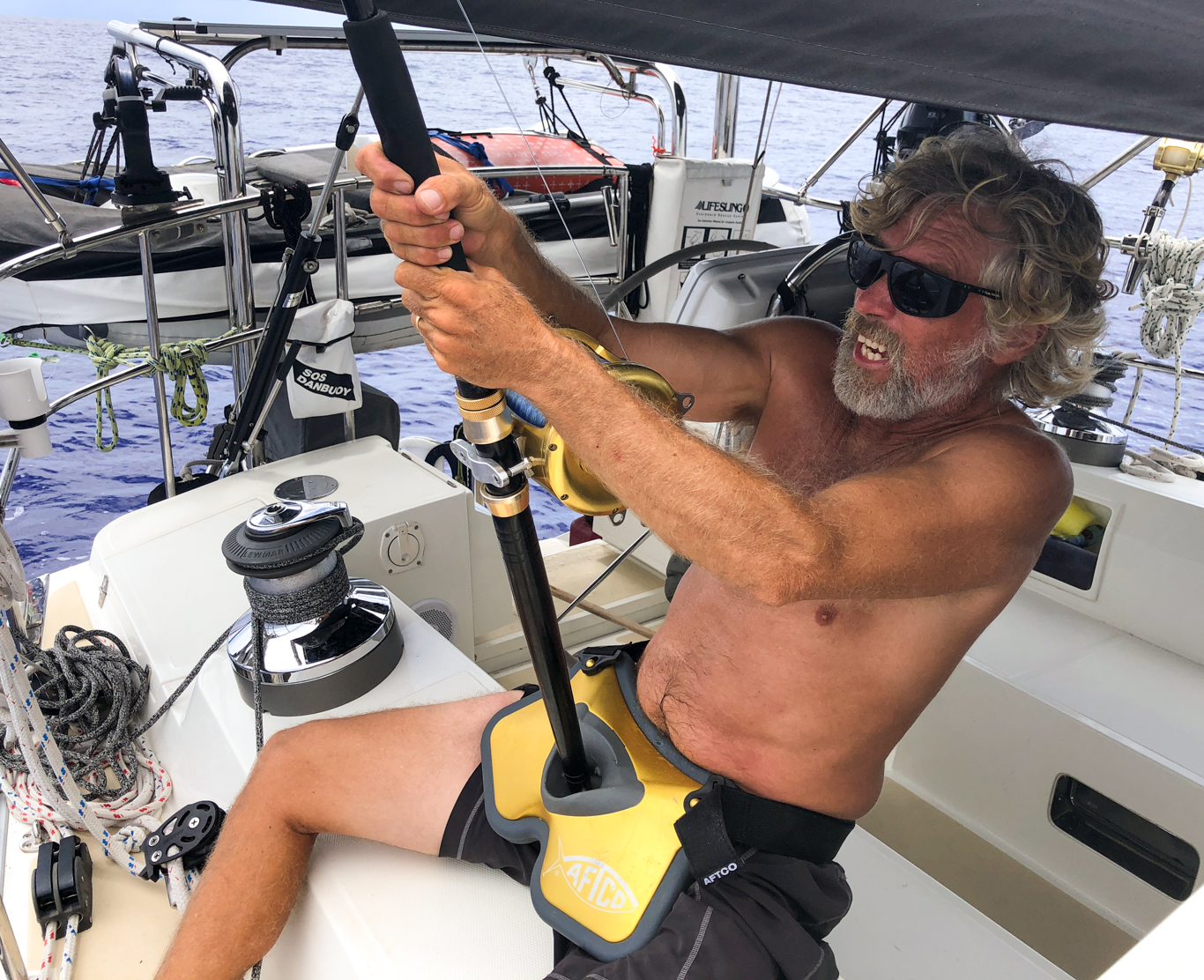


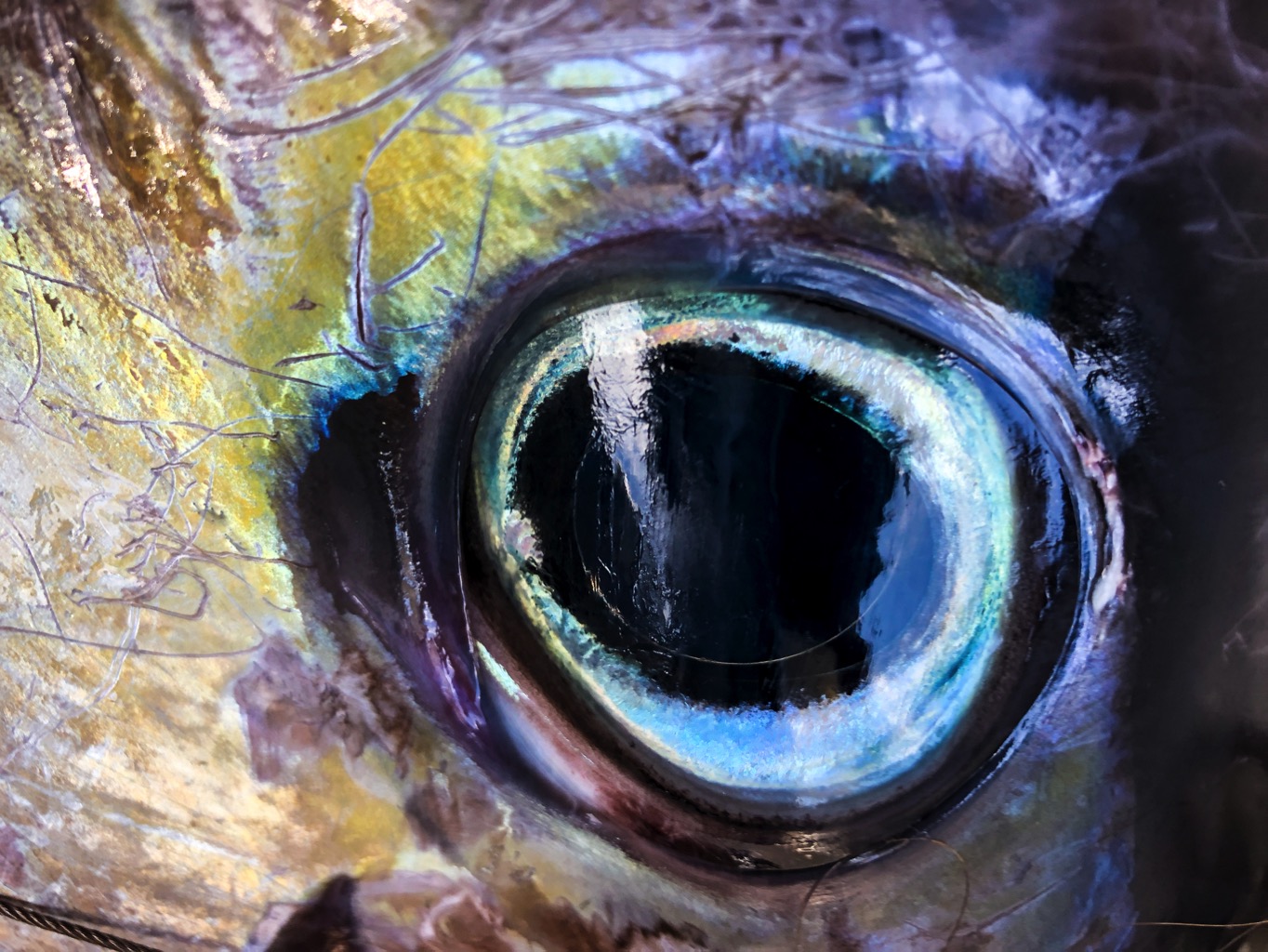
~MS
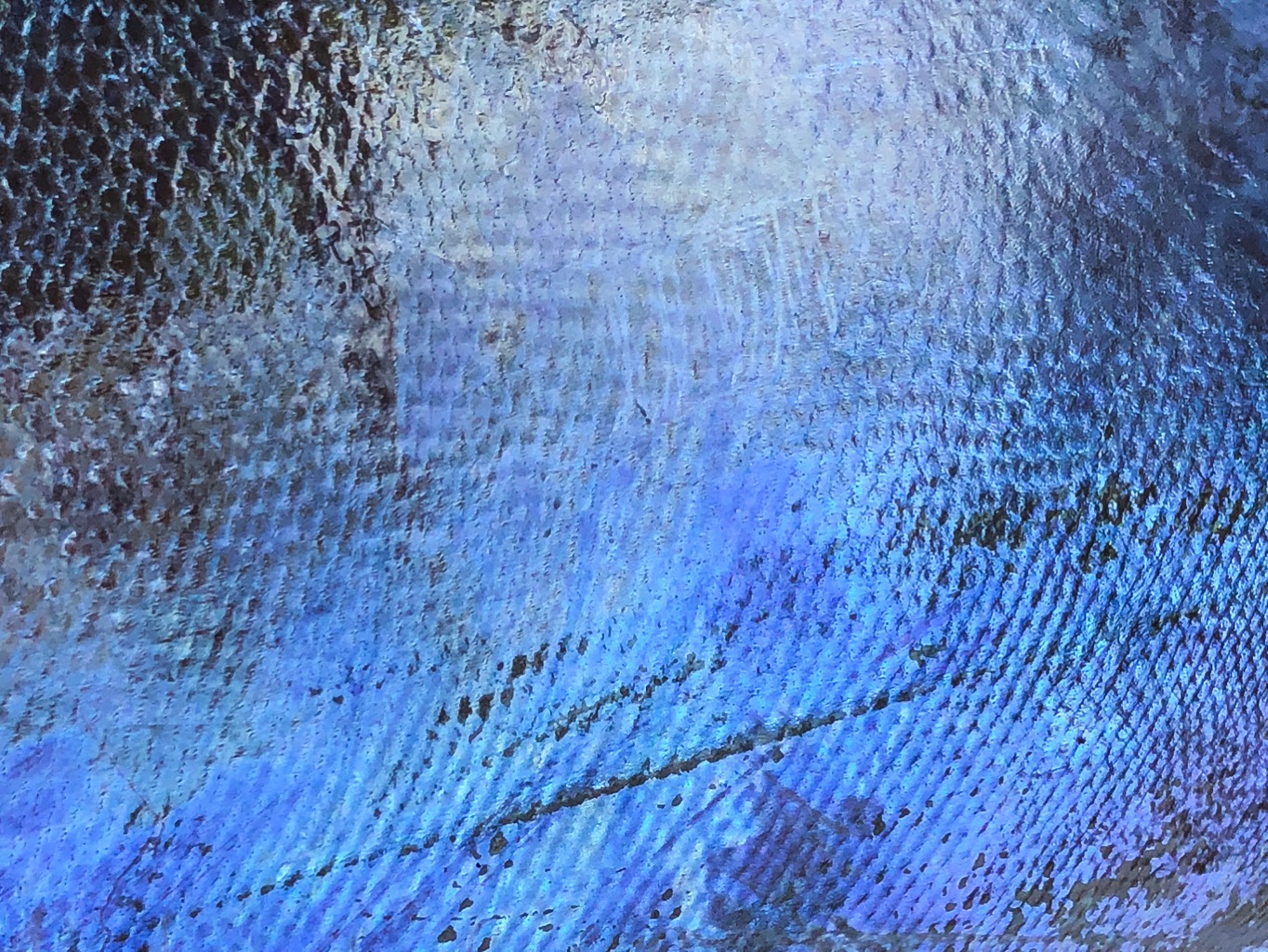
STATS:
Yellowfin Tuna
64 inches tail to mouth, 44 inches in girth
190 pounds
240 steaks
8” purple and orange Yozuri lure
180 lb test line with 300 lb wire tippet section
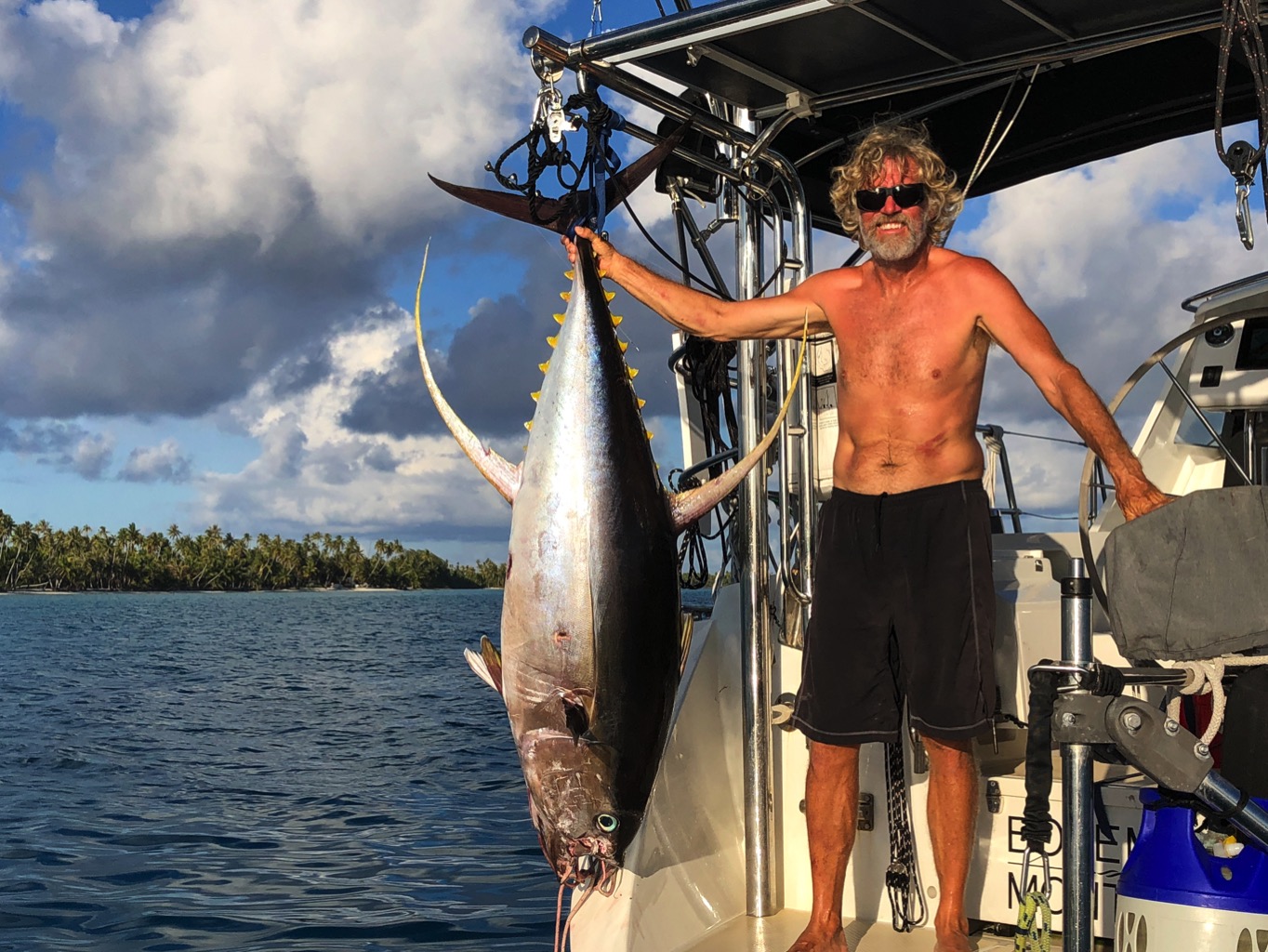
THE DETAILS:
After we broke two fish off near Bora Bora, I decided to do something about it. A big new rod and a reel that weighs more than all my other reels combined.180 pound test line, 300 lb test wire leader, eight inch Japanese Yozuri lure with two I don’t-know-what aught giant hooks. We were ready.
We wanted fish. So I had my secret weapon out, which I learned from a sport fishing boat in Mexico. A teaser trailing about thirty rubber squid in a school formation. Gotta get the fish’s attention, especially when you’re sailing downwind in light airs.
When a saltwater fish starts taking line, you don’t really know much about what you’ve got, unless you’re lucky enough to see the take, as I did with my first Marlin. But even small fish are crazy strong out in the ocean. If they weren’t they wouldn’t be here. They live with sharks.
We’ve learned the hard way how difficult it is to battle a big fish from a sailboat. Lines, sails, rigging, davits, hydrogenerators, long rudder and keel. The first thing you need to do, is slow down. When this fish hit we were sailing wing and wing with the genoa poled out to starboard. Luckily, since crossing the Pacific we’ve been setting the pole out with a bridle, so when we decided to hove-to there was a foreguy already in place to keep the pole from swinging back into the shrouds.
Diana got on the VHF and called our friends on Makara who been sailing close by, to let them know we had a fish on. Having broke the swivel on one of the hooks before on this rig, I went easy on the drag, and the fish ran and ran. When we’d slowed to about a knot or so, I started putting more pressure on, though I stopped the run, I couldn’t gain anything.
Diana dug out the “Golden God” which is the name she came up with for what she thought was a ludicrous fighting harness when I’d bought it back in California.
With no good place to be, I set up with the rod on the starboard side. The stern was blocked by our dinghy, dangling teaser, steering vane post and hydrovane. It looked like about half the line I had on the giant reel was out. I set more drag, but couldn’t get the line in. This may have been the first moment that we began to guess that we were in for a long haul. Makara called to find out how it was going. Little to report.
For the next two hours. Two hours. I would reel in as much as I could, and then lose at least two thirds what I gained with the fish pulling inexorably away. I was fighting the fish facing sideways, since the dinghy and everything else was on the stern of the boat. We were drifting slowly off course to the northwest, and the fish was pulling east. I was getting tired, but it was too much for Diana to hold very long on her own, so she helped relieve me by supporting the rod from the side. I’d get a couple winds on the reel and then we’d catch our breath.
Makara called again. No fish. We hadn’t even seen it yet. We heard Starlet come on the radio, they were hearing Makara’s side of the conversation.
Finally, somewhere in the second hour the fish started to rise, and I was able to take in some line. We got our first glimpse of the beast. A silver flash, deep deep deep down in the blue sea. Then Diana thought she saw yellow.
We already thought, hoped, prayed, that it was a yellowfin tuna. It had to be. Marlin jump. Dorado jump. Tuna go deep. What else is that big?
We told Makara we could see it, but that it was still a long way off.
The fish acquiescing so much line and coming up, fooled us into thinking that we were getting close. I think we even got the gaff out.
Wrong, O’ how wrong! The really brutal part of the battle had only just begun. The tuna started heading for the other side of the boat, getting the line wrapped around the hydrogenerator and the dangling squid teasers and just about everything else on the stern. Both of us were already bruised up, me from the pole slipping out of the harness and Diana from trying to hold the pole at the rail, getting her hands trapped between the rod and the Bimini frame.
Both of us took turns unwrapping the line and Diana started the engine to try to turn the boat toward the fish so it would be off our side instead of behind us. More than once we heard the line “twang” off of something on the stern, sure that we’d lost the fish after everything.
Just about the time that I began to think about the looming probability that the muscles in my arms were seriously going to give out, we got a small break. The tuna started doing deep predictable circles. Diana guessed about 70 feet below us. With each circle I could gain a little as he passed closest, and then lose some of that gain as he pulled away. A few inches at a time and Diana was able to report to Makara that we had the fish at about fifty feet. Diana would help me lift the pole and I would reel like crazy on the drop. The fish too was getting tired, but sometimes just as I could feel him falter, I realized I had to take a break, too. I just couldn’t pull him up.
Diana gave me water. My arms were pumped, literally spasming involuntarily as we got the fish near the surface. He was still pulling in circles, but now he broke the surface and we could see how enormous he was. Diana tried to gaff him, but the reach from the deck was a few inches too far for her, and the fish wasn’t done yet.
After awhile we realized that the only way to get him was for her to take the pole. She donned the Golden God.
I gaffed him, but it took all my remaining strength just to hold him near the surface. When we caught that big tuna crossing the Pacific we lost our gaff at this point, so Diana got a line tied onto the gaff in case I lost my grip.
We were contemplating how we were going to lift the fish, thinking about using the block we use for the dinghy, when Diana saw a shark swimming in, no doubt scenting the blood from the gaff.
There was NO WAY we were going to lose this fish to a shark after three hours. We put a line through its gills and put the rod back in the holder and worked the tuna around all the many obstacles at the stern of the boat as the shark circled (I kid you not). Thankfully the shark was taking its time. With both of us heaving will all our might we got the fish up on the swim platform, tail dangling out over the water. Diana tied the fish off and we both sat down and tried to catch our breath. The shark would have to leap out of the water to get the fish now, but we had to get it on the boat more securely before we could move.
Diana took a picture of me, totally exhausted with the fish half in the cockpit. We got another line on it, heaved one more time and the fish was secure, though to steer Diana had to straddle it at the wheel.
Three full hours.
I was too exhausted to help Diana roll up the genoa and reset the main, start the engine and get us moving. We called Makara and told them we had the fish.
Starlet could hear us now, and Mark suggested we come raft up to them when we got to Fakarava, so they could lift the fish onto their trawler. A much more convenient place to butcher it. The wind was very light so we used our engine to make up for three lost hours. We wanted light for transferring the fish. Meanwhile Mark also made arrangements to put the fish, once it’d been cut into steaks in the freezer of a local magasin (grocery store). We had to have the job done by eight o’clock which is when the owner said he was going to bed.
Sharpened knives, everyone dove in. We butchered on the back deck and, Jennifer shuttled them into Diana cutting steaks in the galley. Ian bagged them and estimated we had something like 240 steaks in all, plus bags of trim meat Diana and Erica sorted for sashimi or for curries.
We measured the tuna, from the bottom jaw to the crook of the tail. Mark found a chart online to determine its weight. The first graph he found didn’t even go up to this tuna’s 64 inches/44 inches girth. 190 pounds.
It takes a village.
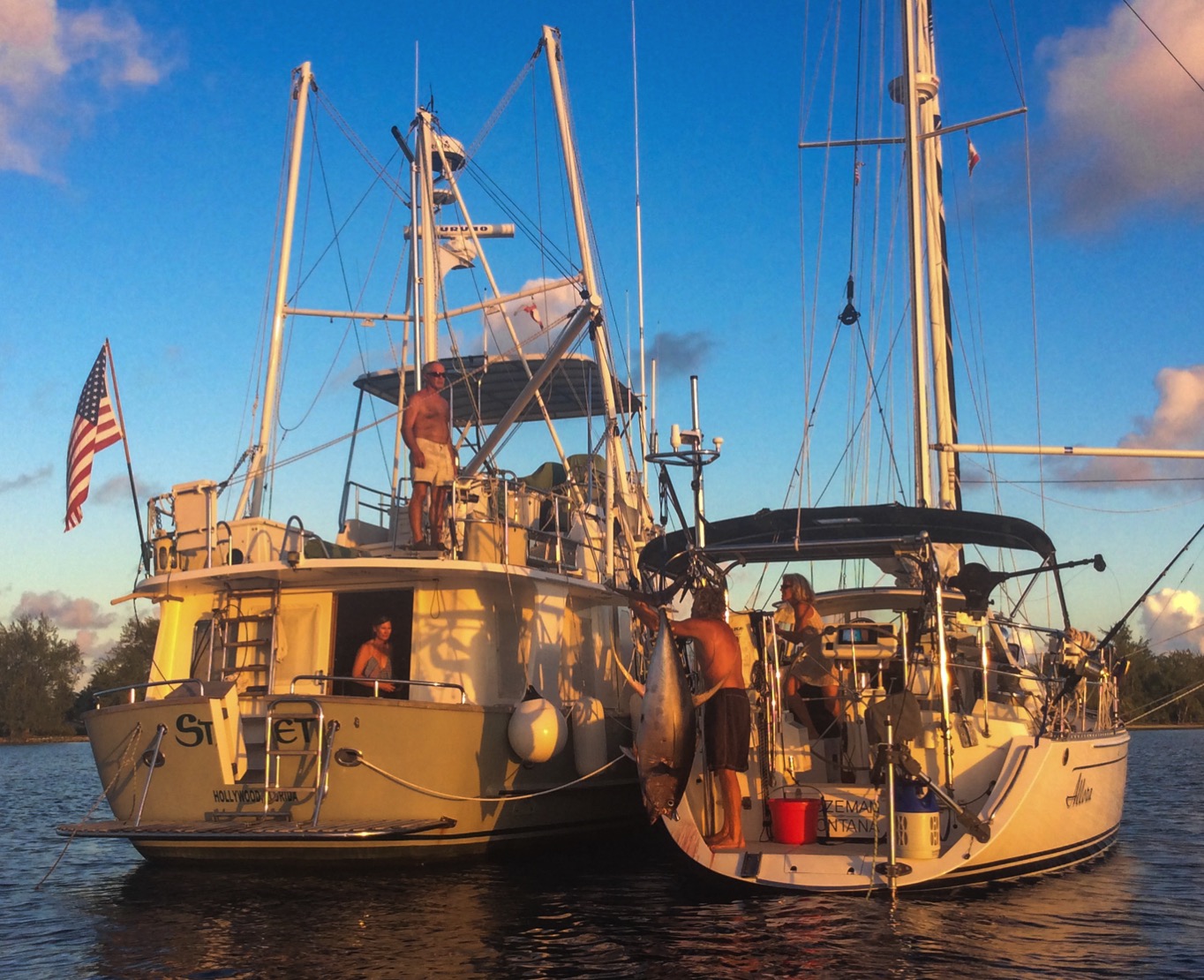
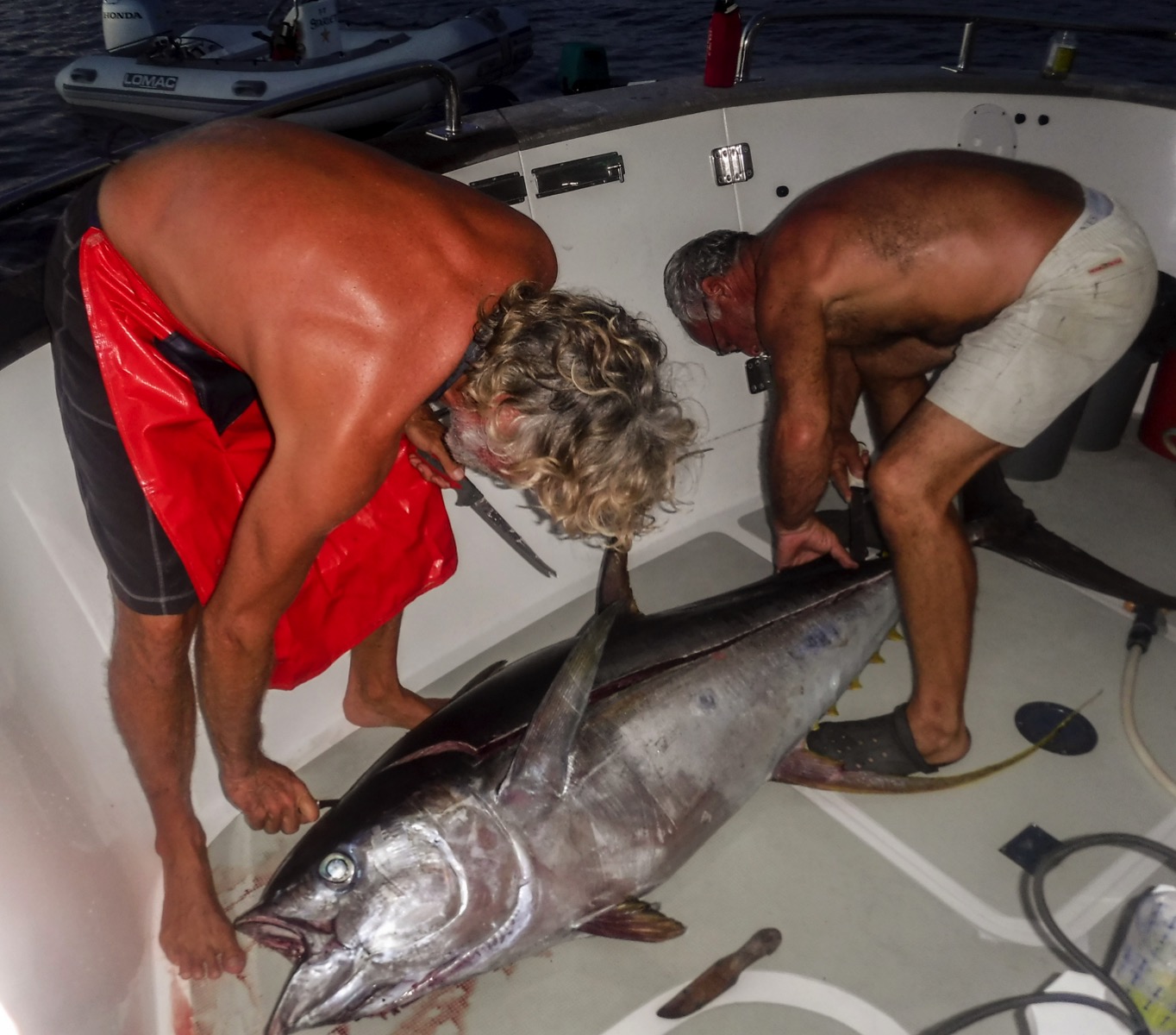
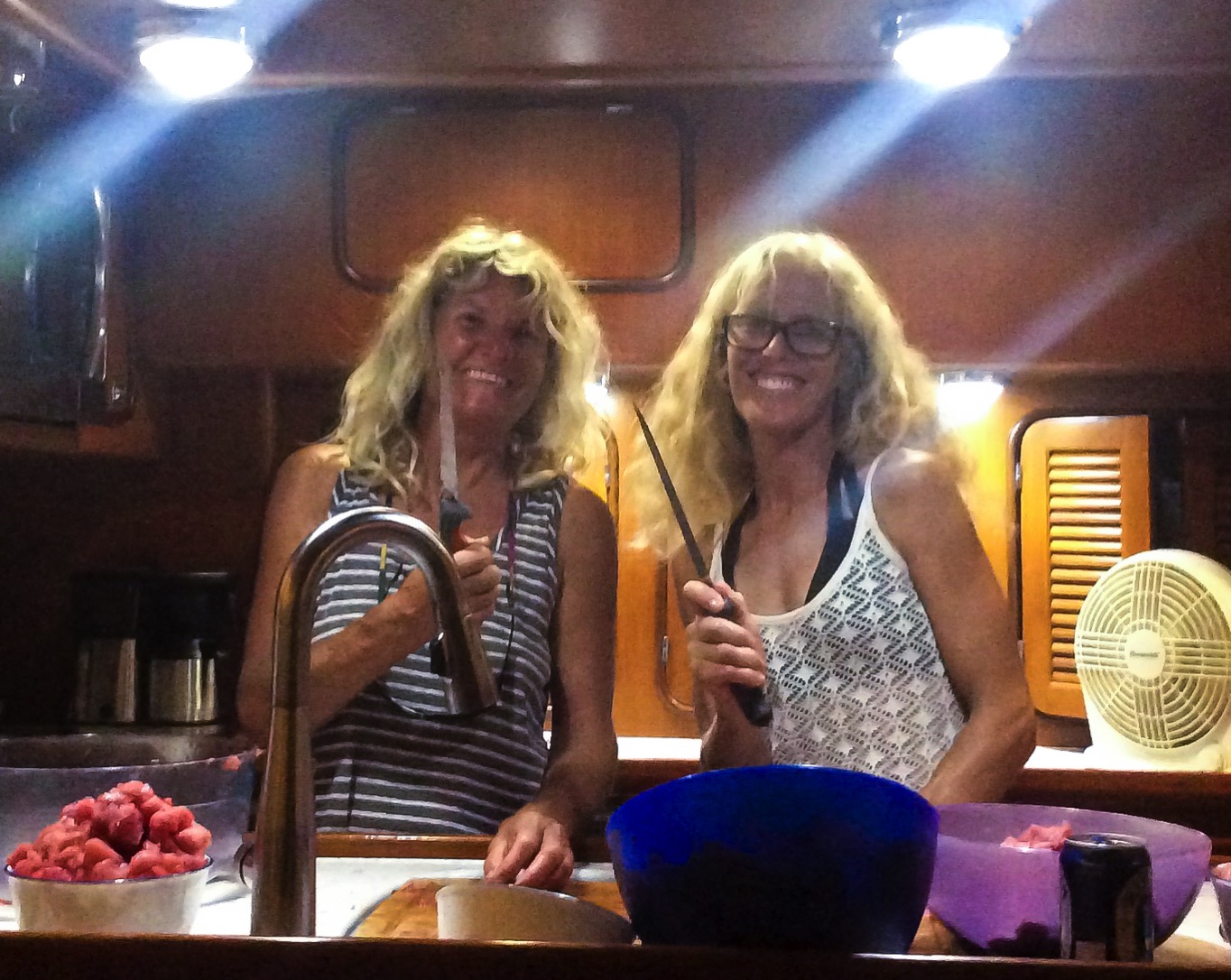
Madison’s Tuamotus Visit
We’ve fallen in love with the Tuamotus, as most people do, so getting to share this utopia with Maddi over her winter break was really special. We’d promised a much needed rest, but ended up playing pretty hard, so hopefully her soul was recharged and enriched by the warm, turquoise waters brimming with life and the sun kissed days filled with simple, yet active goals. We ended up hanging out in Fakarava and Tahanea, two atolls with abundant wildlife/wilderness, (always appreciated by Maddi) and we just may have spent as many hours in the sea as out of it! We’d been renting diving gear from a local provider in the south of Fakarava, but once we met up with our cruising friends, m/v Starlet, they ‘hooked us up’ with tanks and together, with s/v Makara, we dove daily. Pics of these shared adventures will be on the next post, but here we focus on our middle daughter, the shark whisperer.~DS
“Groupers Shining in the Light”
Fakarava, famous for sharks
rows of teeth, sinister, graceful
ominous patience at the top of the food chain
keen senses for a slip-up, a moment of inattention
fish hide in the coral after dark
unaware of a tail poking out
sharks imprinted with curiosity
follow every lead, investigate every anomaly
de facto enforcers of the status quo
stick to the rhythm
you’ll be alright, maybe
it takes attitude to be a grouper
shining in the light
defending your rock
even more attitude to be a grouper at night,
You should try living among swarms of predators
try to sleep or procreate, try to enjoy a little leisure
not surprising that groupers get a little touchy about their neighborhood
food funnels with teeth in their gills,
they present themselves to the world mouth first
Prettier tropical specimens keep a wary eye
slip between branches of coral as though sipped by a straw
everybody seems to know
that the sharks know
they’ve traded decent eyesight and speed
for jaws and uncanny 3D senses for smelling fear and panic
traded chewing teeth for biting teeth
Six Gill sharks eat as little as once a year
(you don’t want to be reincarnated as a Six Gill shark)
Triggerfish, with beaver-like teeth
flopping, rooting, peering under rocks
Bluefin Trevally terrorize the shallows, manifesting classic symptoms of ADD.
Parrotfish seem to know that they’ve been named after birds
fluttering over the reef
crunching coral, shitting and spitting sand
along with their groupies, Maddi and I call “friends of parrotfish”
Moray eels scowl from their caves
Moorish Idols parade along the branching staghorn
huge green Napoleon Wrasse contemplate a sex change
an octopus camouflaged in the rocks
how much brain power it must take to run eight arms
and change color and texture instantly?
I can barely pat my head and rub my stomach at the same time
those unblinking eyes
that gambler’s mouth breathing tube
shoals of shimmering, blue, wide-eyed baitfish
birds above, predators below, strength and peril in numbers
bobbits with scissor-like jaws lurk in the sand
800 species of deadly cone snails
Everything that can be eaten
is
iridescent ink glows in perpetual darkness
volcanic vents in ocean trenches are planning for the future
human concentration suffers from lack of predators
evolution is happy to start over
when our moment of inattention
gets the better of us
~MS
Societies Gallery
Galeophobia? Galeophilia?
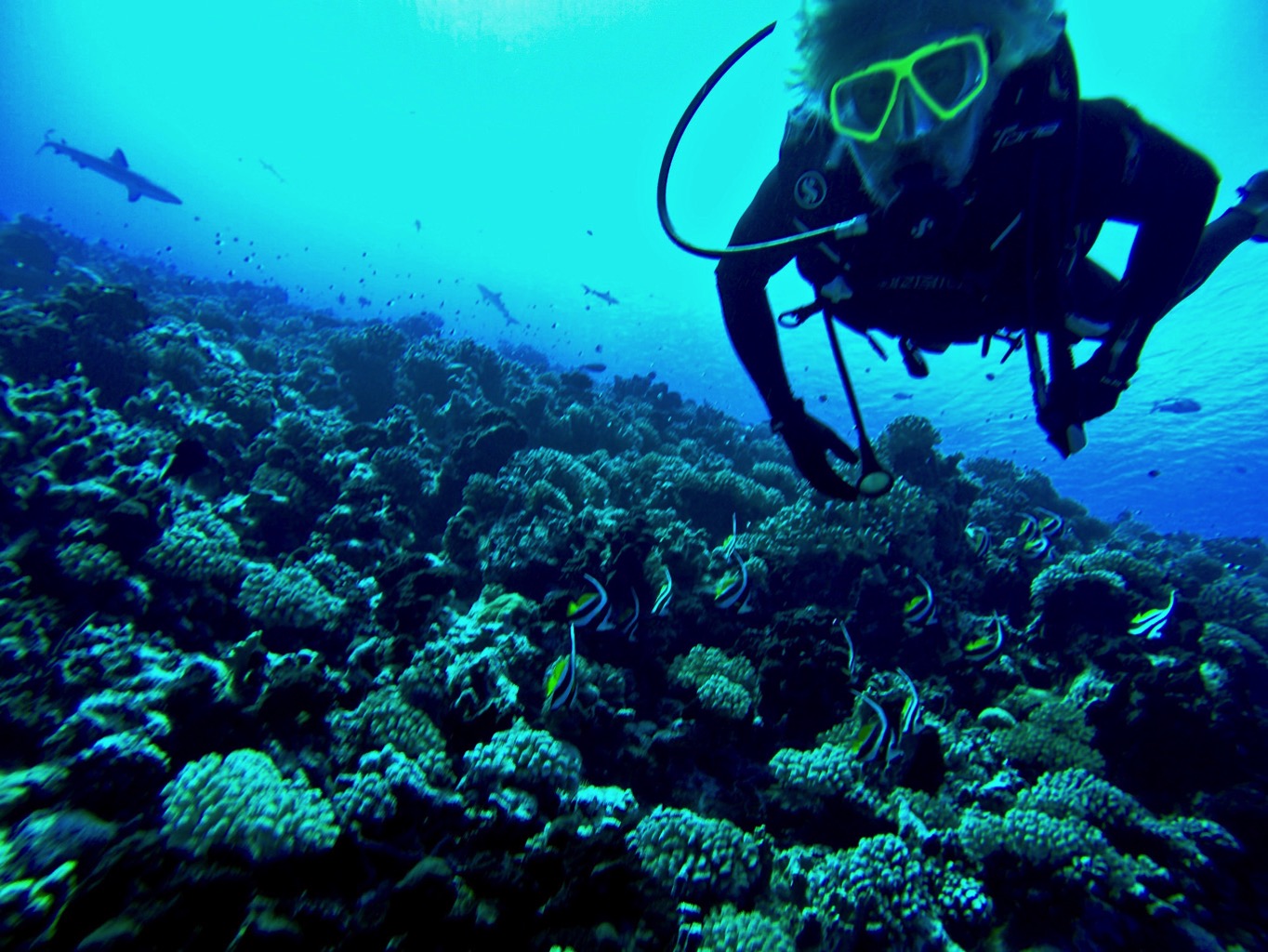

Diving the pass at Kauehi
simple panga, a piece of plywood covering the collapsed fiberglass foredeck
a couple of stops to for the finicky gas outboard, a rag so the fuel cap can be left open to vent
the churning pass looks so much better in 10 rather than 26 knots of wind
as when we entered, pitching over the standing waves
the usual nervousness, gear, getting it all on
Gary says make the drop quickly to get out of the current
Visibility that transcends imagination,
a long sloping garden of coral, the vividness of the ocean outside
white-tip sharks cruising the edge above
out in the unreal blue
fish like butterflies along the reef’s edge, healthy and alive
we regroup and then descend to 27 meters
it doesn’t feel deep, the water is so clear and light
we float along the coral to the beginning of the pass
a narrow canyon, its like flying, whisked along with the current,
sharks passing so near overhead swimming against the inflow
slick rock and only a little coral, still teeming with fish
parrotfish, triggerfish, dark fish with crazy horns
unnameable tropical fish that will become a part of our dreams
how little aware we were, floating above this galaxy of wildlife beneath our keel
a single tuna shines like it is made of polished stainless steel
we drop into a small depression, caves on one side
the bowl is filled with grouper who have gathered before the full moon in July to mate
they battle mouth to mouth for breeding rights,
allow us to face off, too, with their glowering jaws
the sharks swim by, poised for something,
an unexpected moment to seize upon,
How many fish does it take to keep all these predators fed?
We wait and marvel
then up again over the shallowest rim of the reef
and down into the cirque below, our French dive-master calls the circus
an amphitheater, another dimension
like a poster of the marvelous underwater world that you cannot believe
gray sharks now circle at our level, perched above the silvery cirque
we breath our sparkling air and watch as they come to peer with dark eyes
they demand our attention because they are the biggest,
but there are so many fish everywhere still by the thousands
we are privileged witnesses to a dream
breathing deep underwater with this bounteous cornucopia of sea-life
dazzles the mind and eyes
like Robert Louis Stevenson’s jeweled pass a century and a half ago
Its hard to imagine this has diminished even a little since then.
~MS

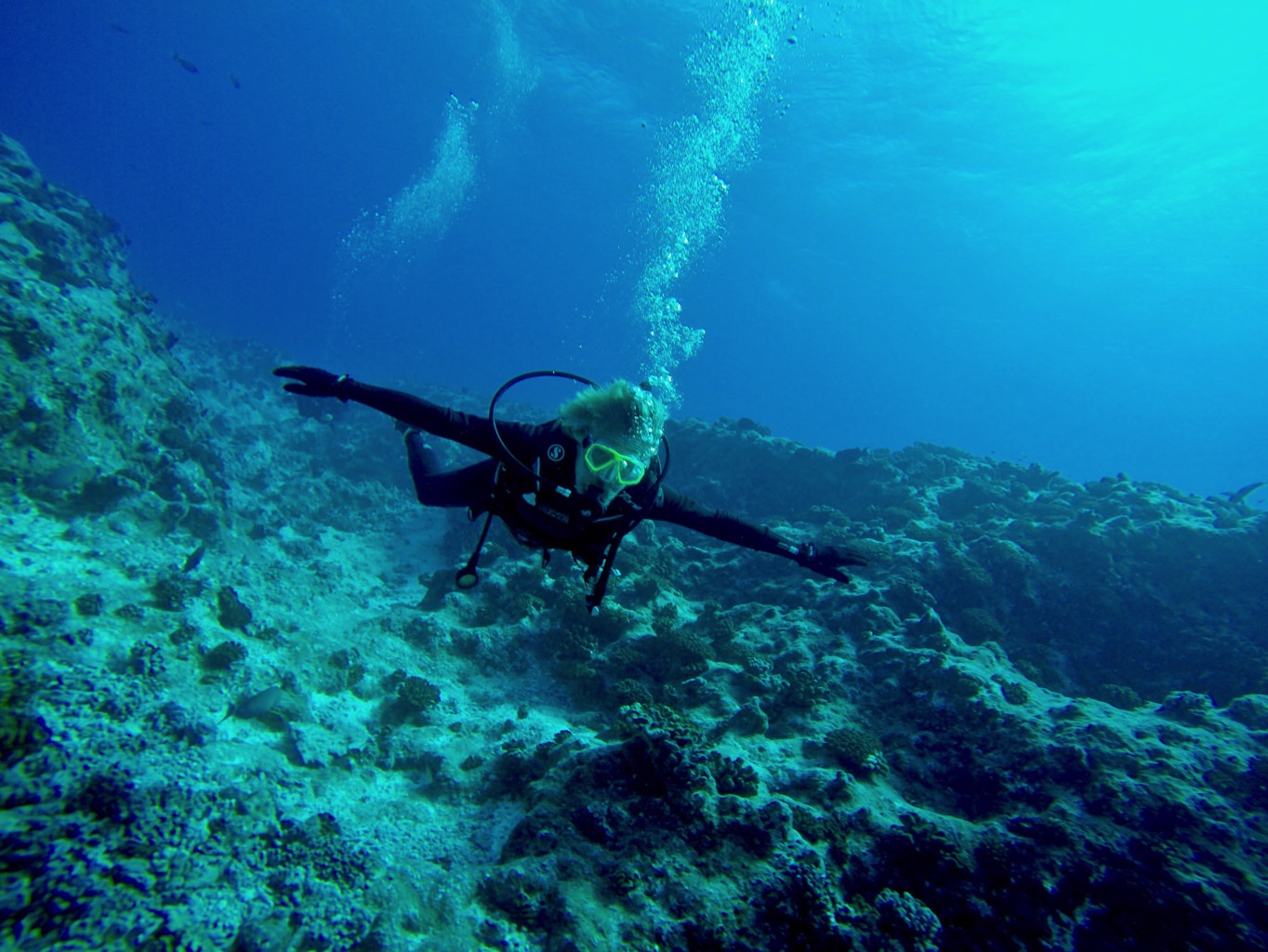
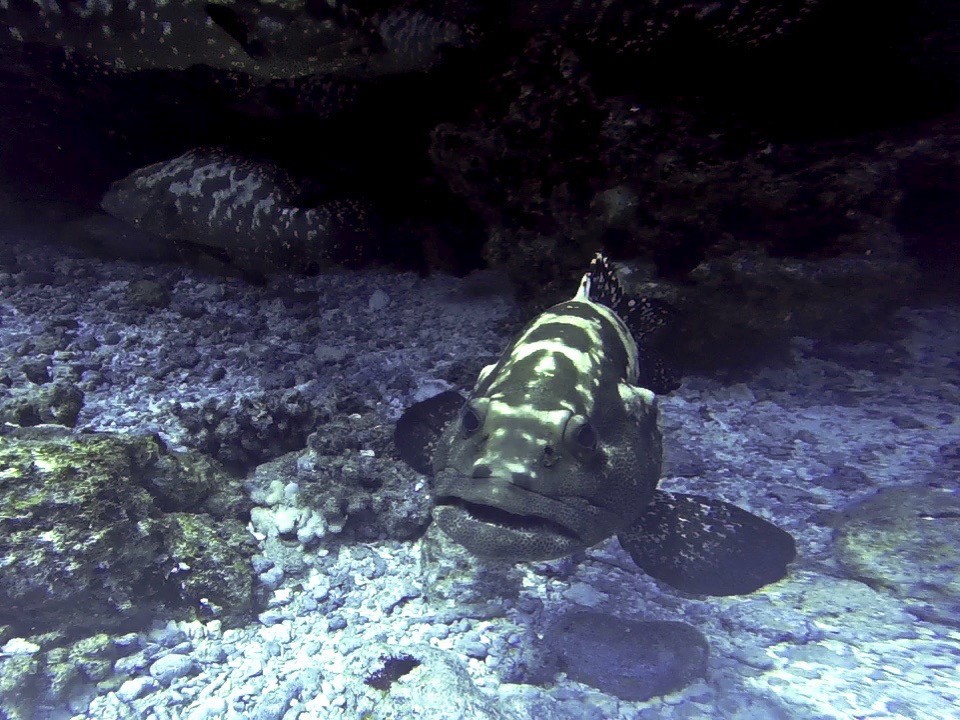
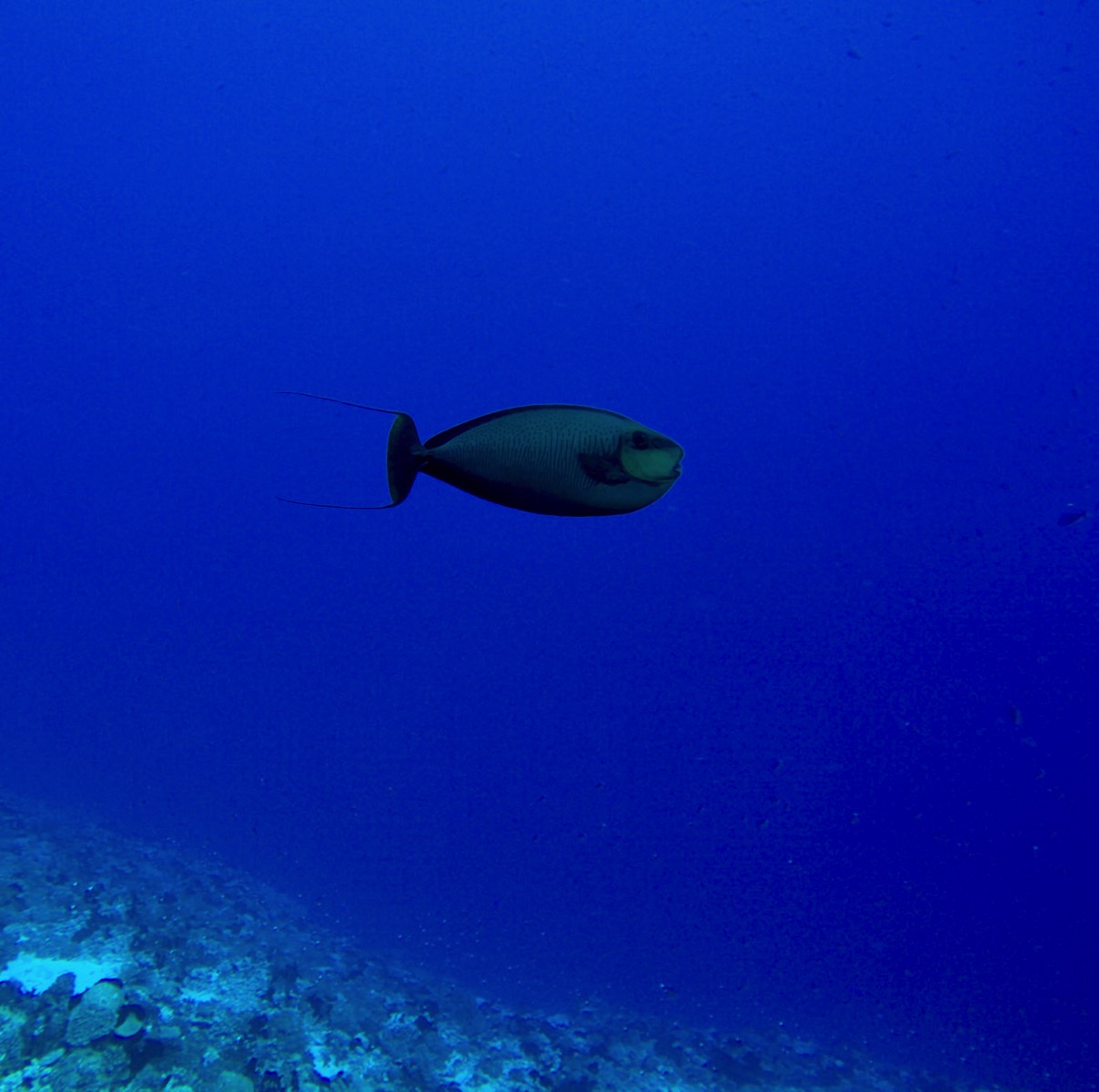

Tuamotus Gallery
Travel is Love

Travel is like falling in love
new, unconsummated love
crooning love
love like the first glimpse of a Marquesan island
before the anchorage becomes rolly
or the tiny population shares a dose of their chronic strep throat
like a Central American jungle before you try to enter
and find that every tree, bush, wild house plant has thorns
crawls with ants that bite like a son-of-a-bitch
white sand beach love, faintly rosy with crushed coral
a place where you dream of living forever
a place where you might become homicidally bored
a place before
imperfect personalities, awkward intercourse
young hearts, seafarers, learning when to pull up anchor
But I think
love is not just a beating heart
love is often found in thorny jungles
on white sand beaches with sand flies
it is found in patience and acceptance,
love is arriving at the same island over and over
with wonder and a racing heart
Travel should be like that.
~MS
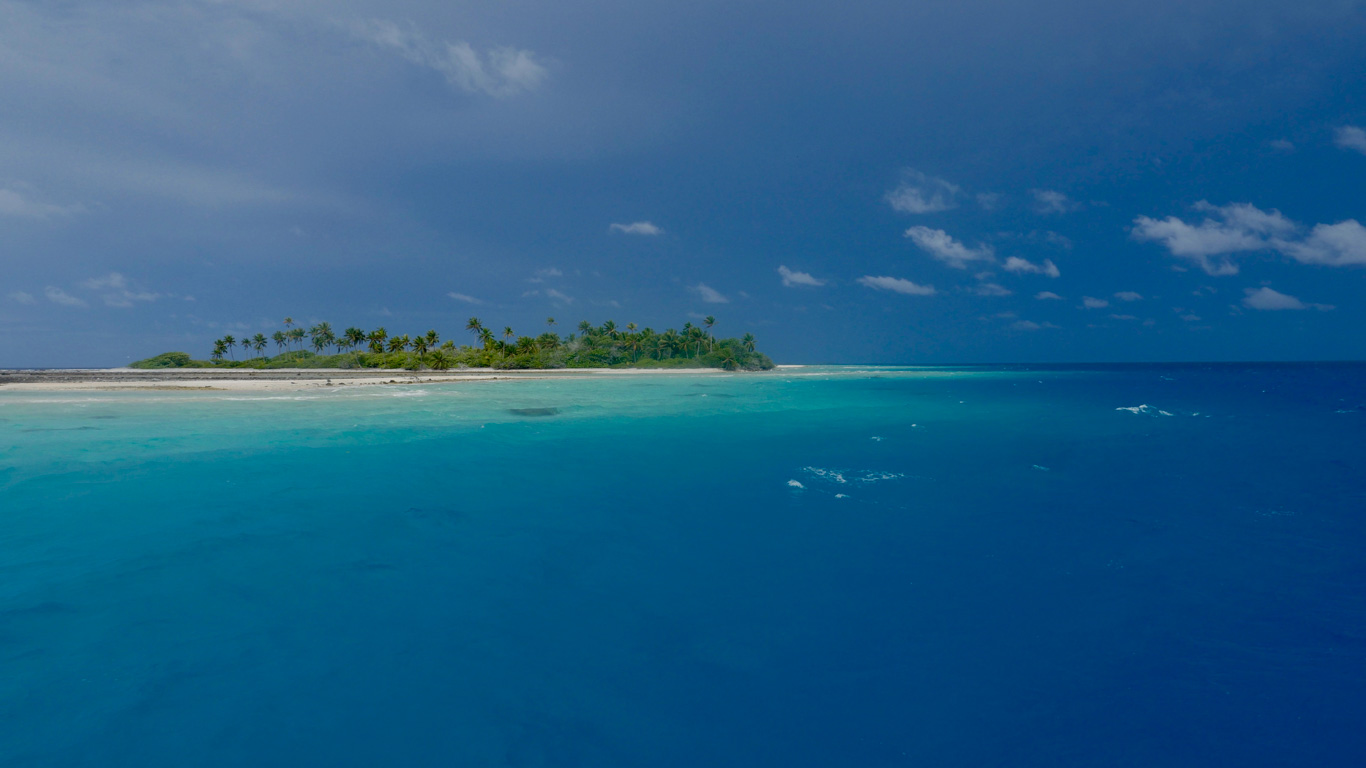
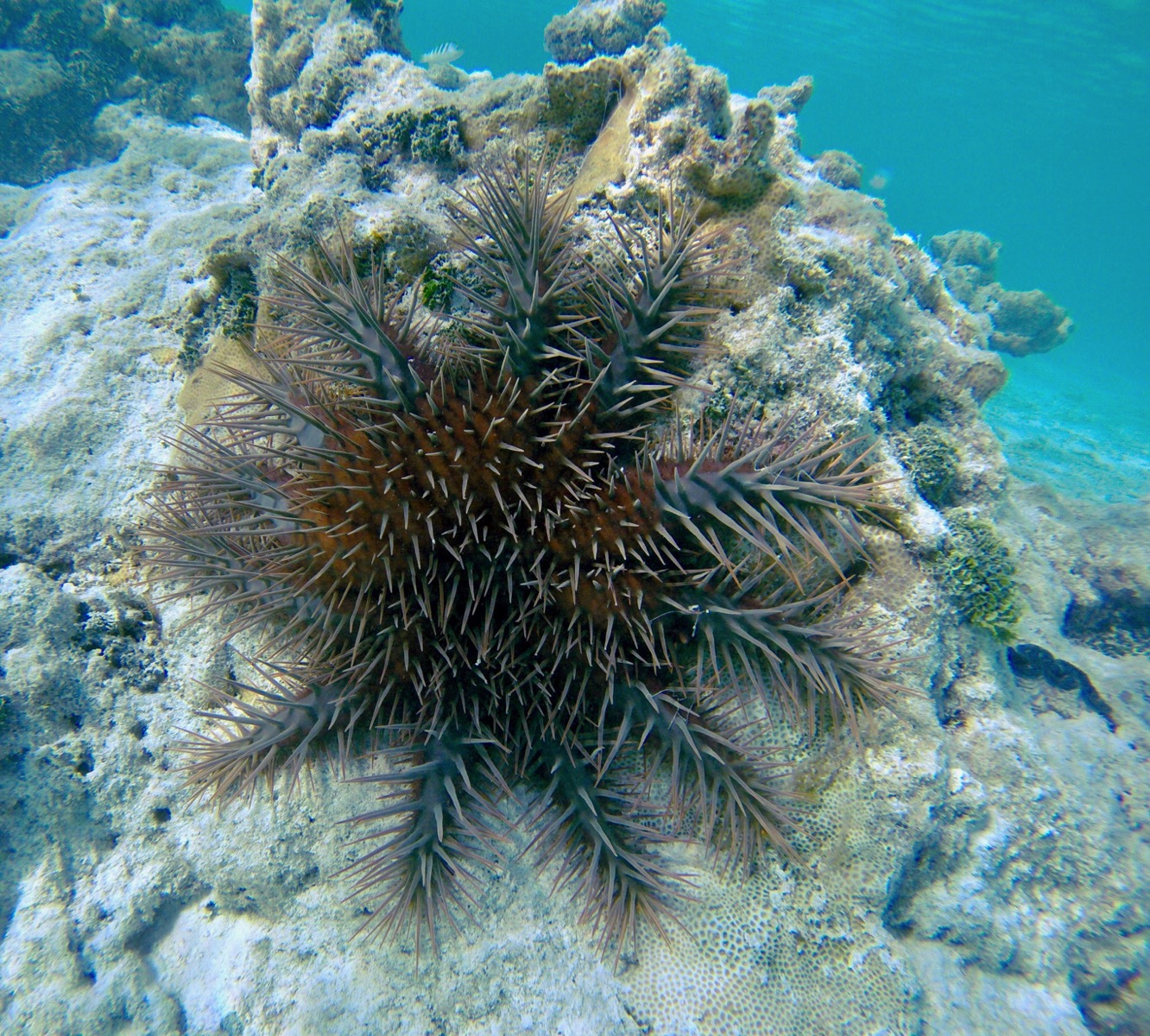
Found this Acanthaster (venomous Crown of Thorns Starfish) while snorkeling in 10′ of water off our boat.
They voraciously eat coral and are considered a scourge

These two were in less than 1′ of water and as I approached, one octopus reached out to ‘hold’ the other

I feel the same way when I get my hands on lettuce – don’t worry buddy, I’m just admiring you!

This small white tern lays its eggs on bare thin branches in a fork or depression without a nest.
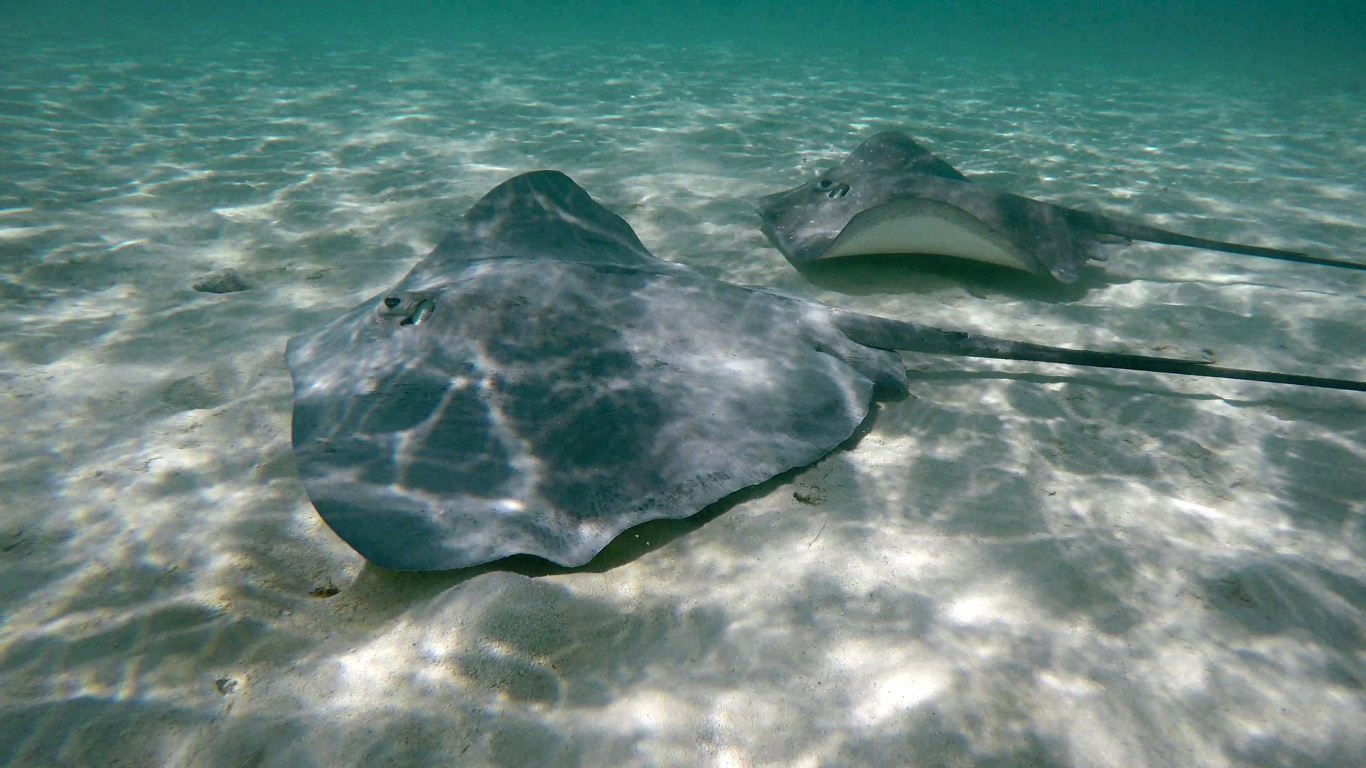
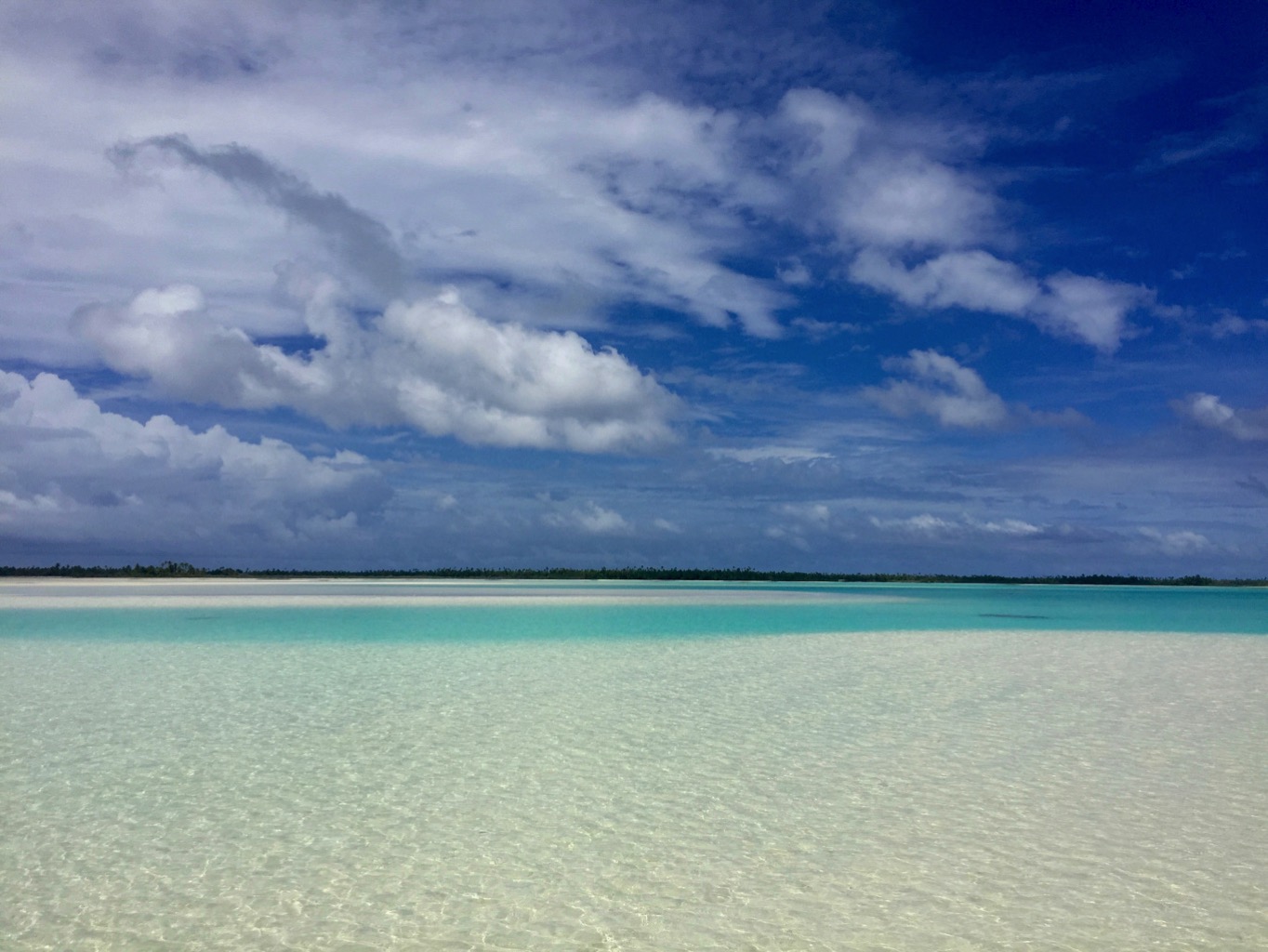
A grandmother, mother and daughter
Winter break from school, they spend a month on the Island
away from home in Fakarava
clearing the coconut groves
a hammock by the beach
they don’t have a lot
but they have a tropical island
~MS

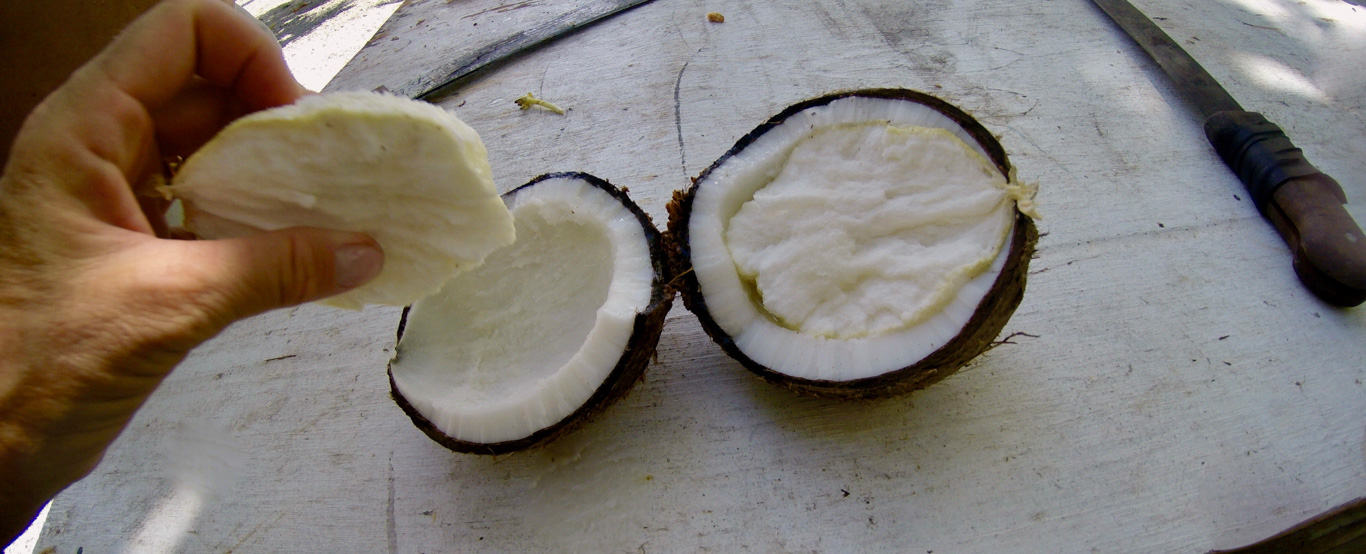
Heart of the coconut from recently sprouted coconuts.
This sponge replaces the milk space and is sweet and tasty-ish
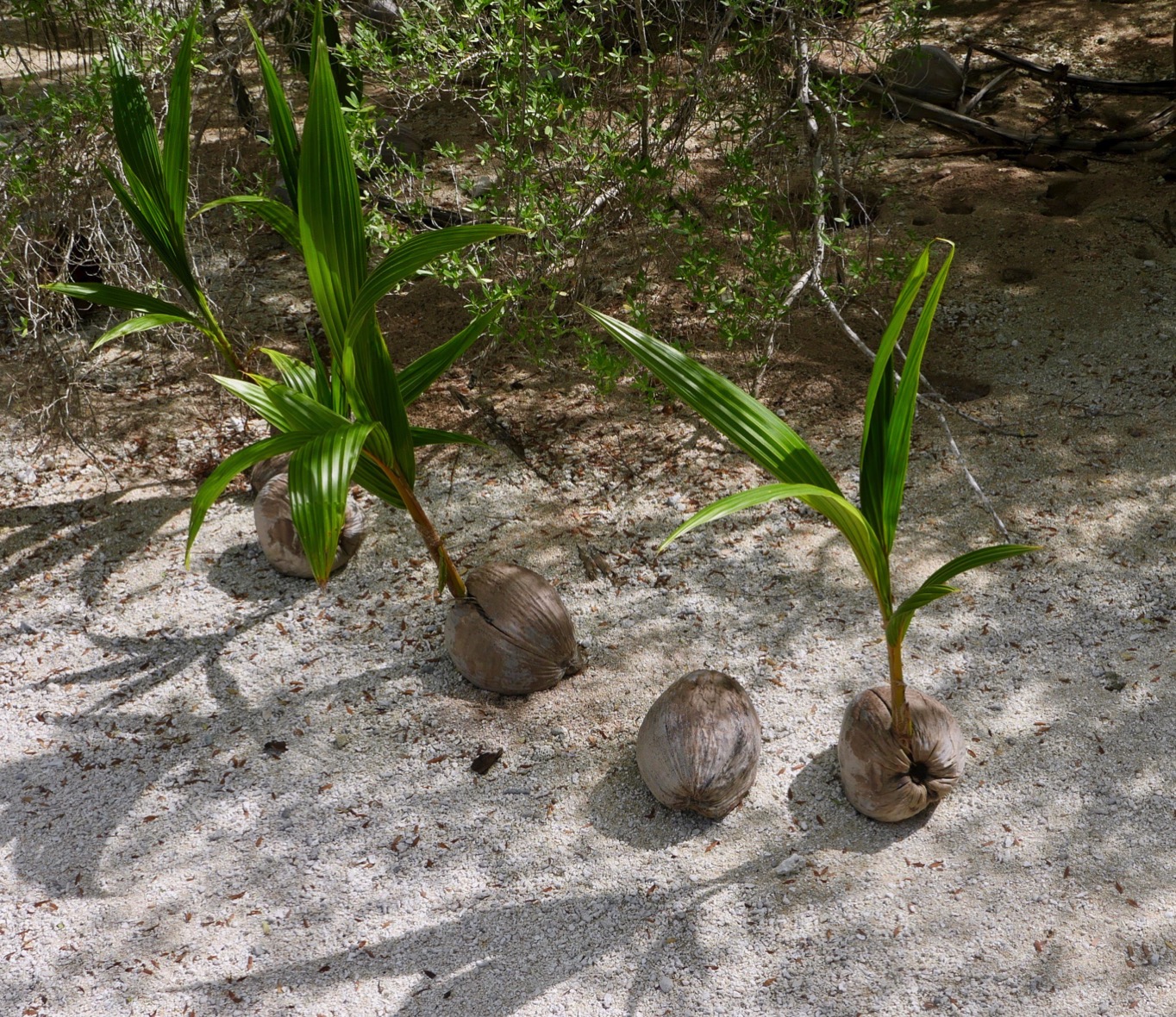
Prolific Palms will sprout wherever they fall
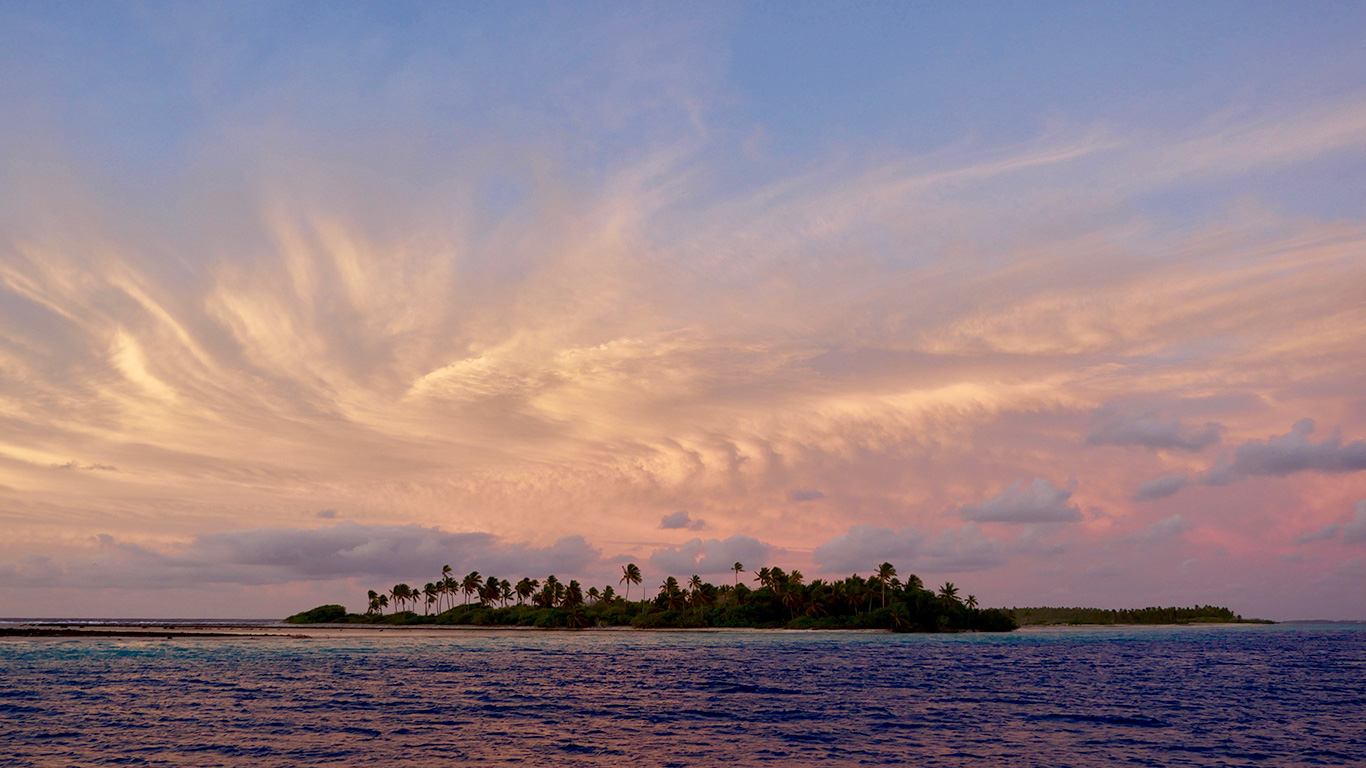
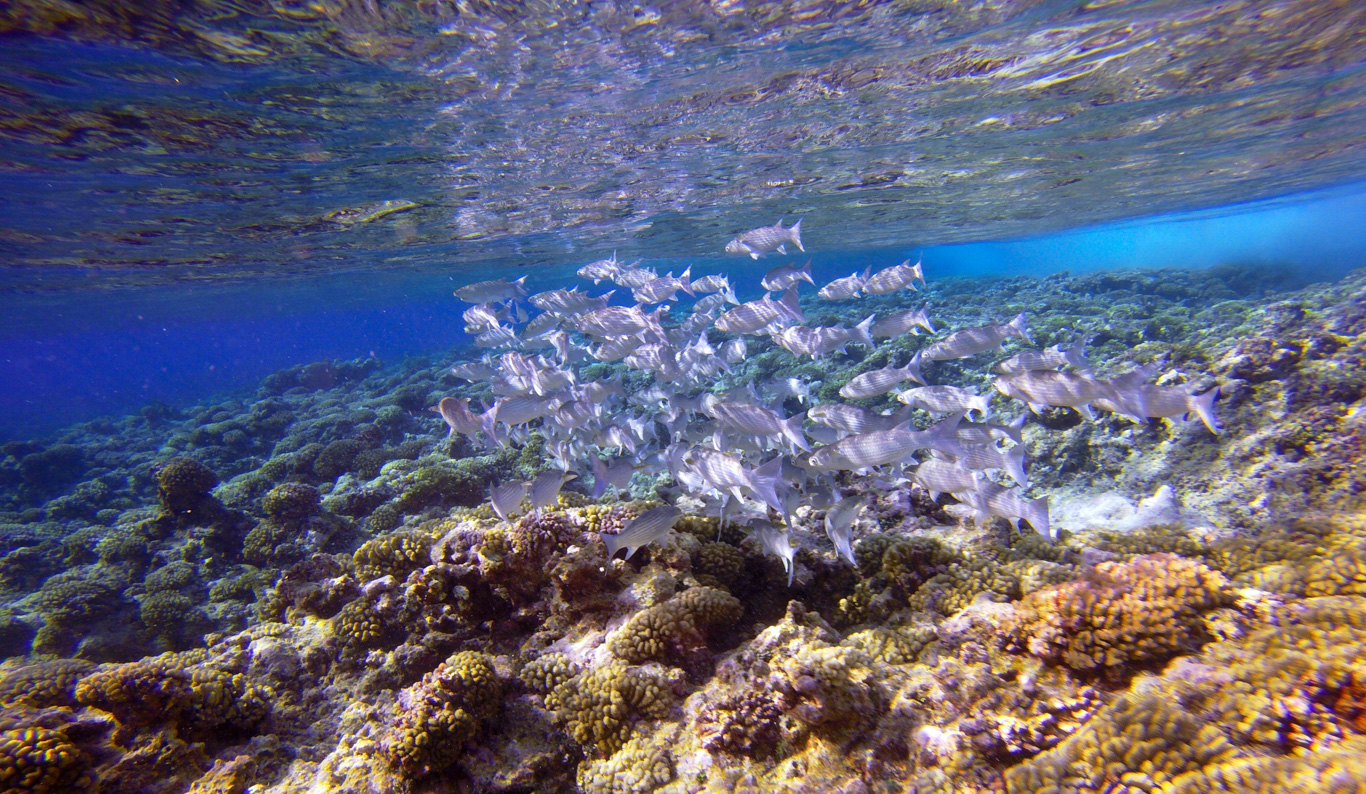
In the internet we trust
we believe in our digital sources,
sailors climb in their dinghies with their hard drives
swapping terabytes
open source navigation, the pass current “Guestimator”
it all sounds good, so technologically clever it simply has to work
we’re going where sailors used to dread
watched over by the faint, triangulated signals of satellites
google earth stitched over the old charts
some drawn diligently a hundred years ago by men who were dedicated, but human.
Rand and Ellen of the Catamaran Golden Glow
who bequeathed us so much of this digital treasure one hectic evening in Nuku Hiva
told a story about a family sailing in Polynesia
the daughter at watch, at night,
they hit an uncharted reef going full speed
dismasted, the father ultimately lost his leg
it’s hard not to be haunted by stories like that
on watch at night, sailing between Atolls
we remember the northern Sea of Cortez
only a few hundred miles from Los Angeles, real civilization
charted islands that did not exist or were miles off
once we appeared to anchor in the middle of the sea
An email via satellite from our friends on Starlet
they’ve heard that there is no internet in all of French Polynesia
a cable cut to Hawaii
True it wasn’t working in Kauehi
and I couldn’t post my perfect bonefish picture
so I guess there are still real world connections to the buzzing web
some lonely cable, thousands of fathoms below in the darkness
just couldn’t hold it together anymore
no escaping the real, physical world, after all
~MS
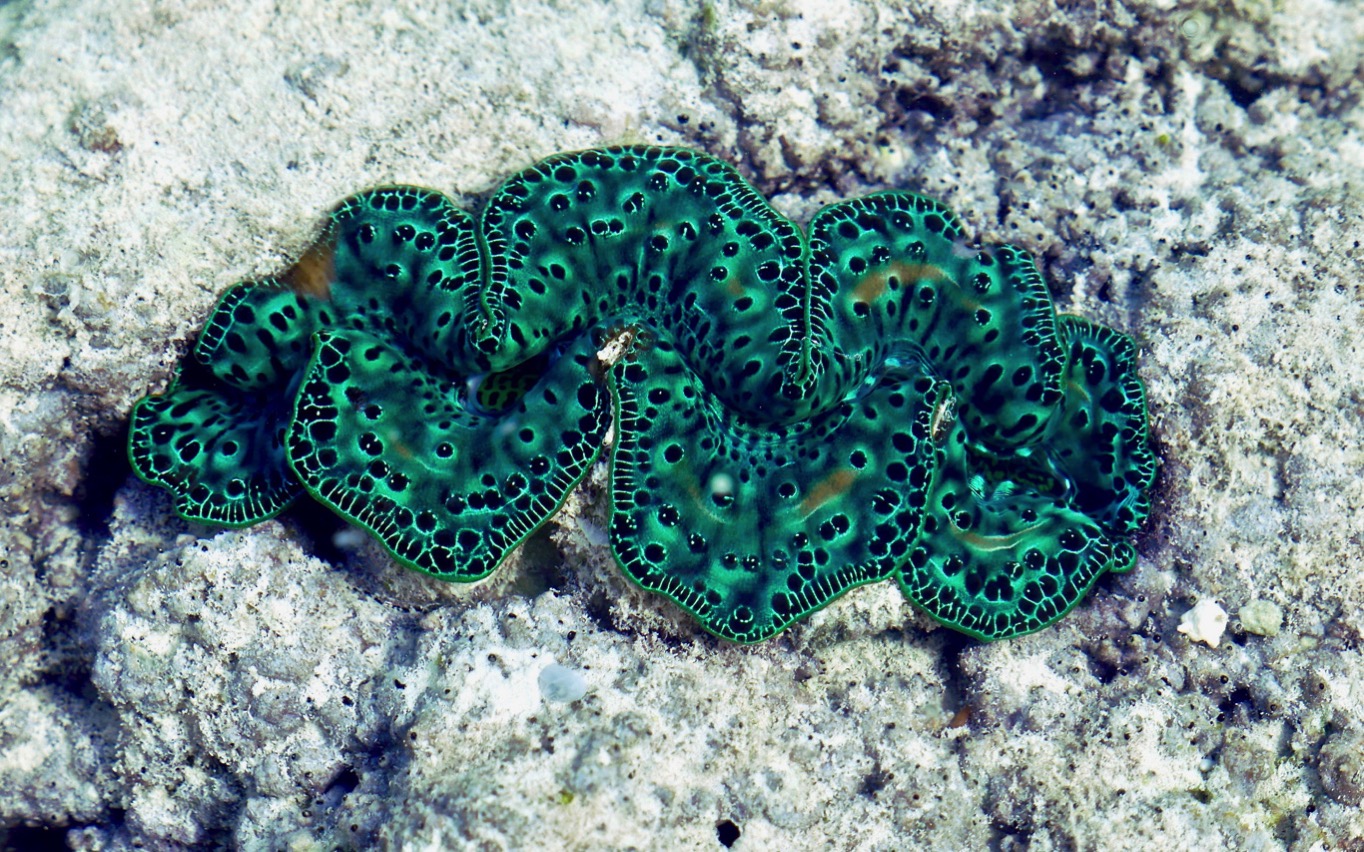
The ‘Tridacna Maxima’ shows up in every imaginable color (This mosaicist is wild about them!)

These abandoned homes get occupied during the copra harvest (coconut for export)

Whitemouthed Moray Eel (feeding on crabs)
South Pacific Moods
Last night with the moon just one day past full
you could see the sandy bottom and coral bommies in forty feet of water
chalky white like the moon
trade wind clouds shuttled gently overhead
and the surf on the reef seemed content and quiet
it’s good to be awake in the middle of the night

We are anchored in an atoll in the middle of the ocean
blue candy water
the haunting possibility of bonefish
Diana is not wearing clothes
when this winter front from down under passes and the wind settles back in again
what a beautiful place this will be
the passage down was textbook, two 180 mile days back to back
before the wind died for long enough to get a bunch of water made
and top off the batteries
arrived early to see the “pass” out of Raroia roiling like white water in Yankee Jim Canyon
When the internet is everywhere will all these remote places cease to exist
will they be like the color “dunia” of Otto-Raul’s Ten New Colors
undone by the ubiquitous web, always visible, available, knowable
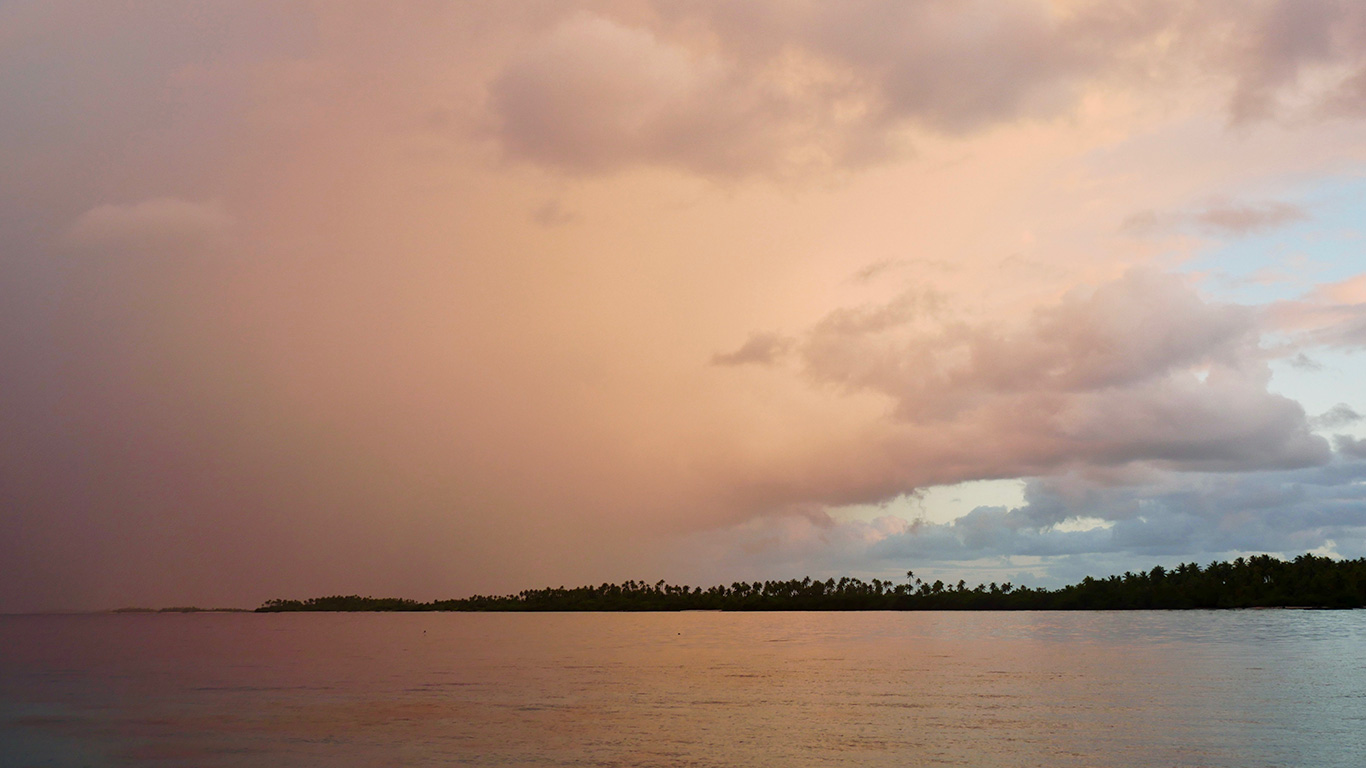
Water makes us vulnerable to weather like nothing else
The wind swings and makes waves even in a protected lagoon
we put a lot of faith in our anchor rode
catching on coral rocks at the bottom
what does it take to break a piece of chain
if a pin works it way out of a shackle
everything we have could end up on the rocks
in a place too distant to recover it
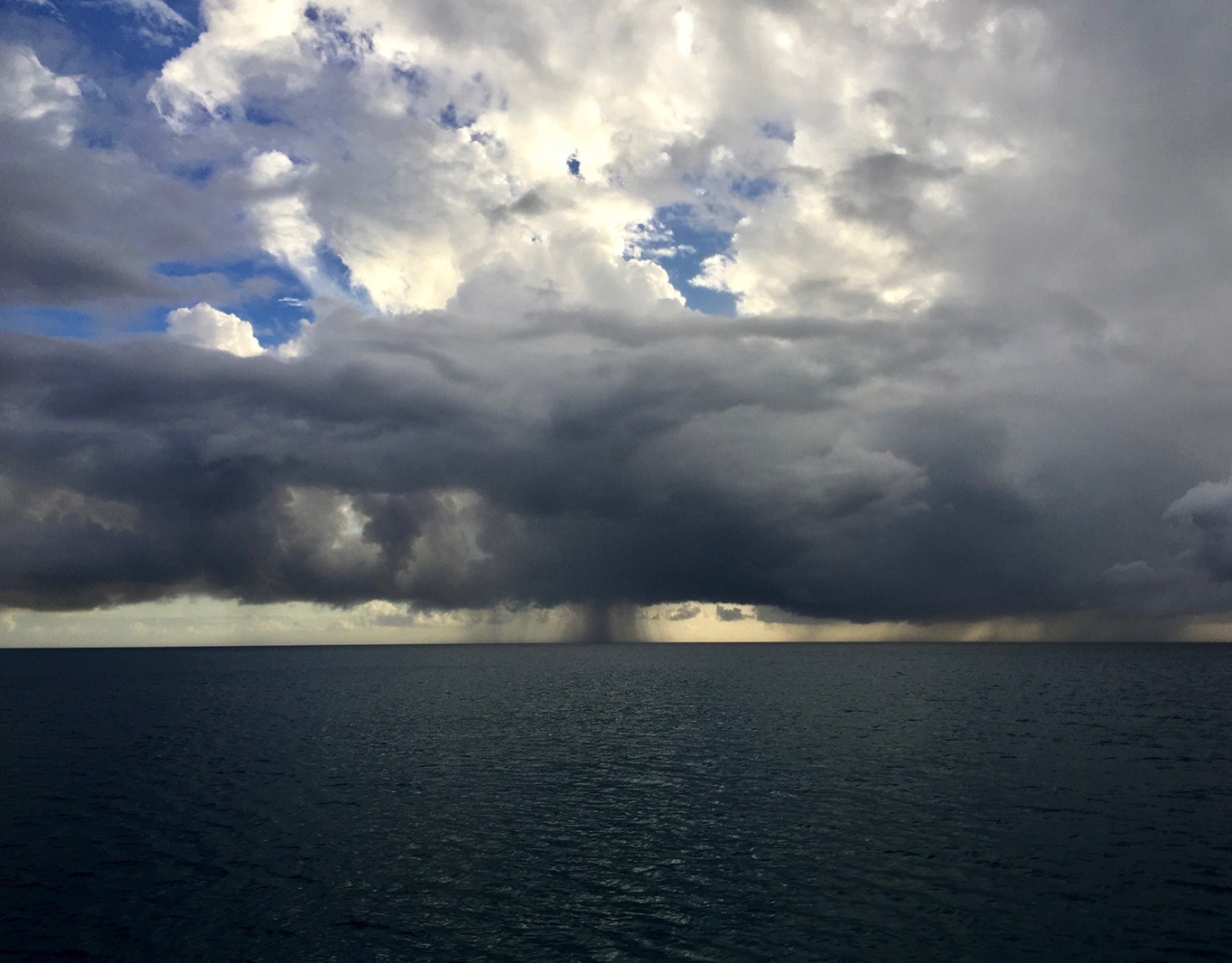
Death by Coconut
Coconut palms are a funny weed to have so beguiled a species
they count as an invasive species here in the Tuamotus
a government subsidized invasive species
I guess so people have something to do, making copra
They are also incredibly dangerous
death by coconut is no joke
death by true love
is real too
you can keep looking up
but you can’t move fast enough
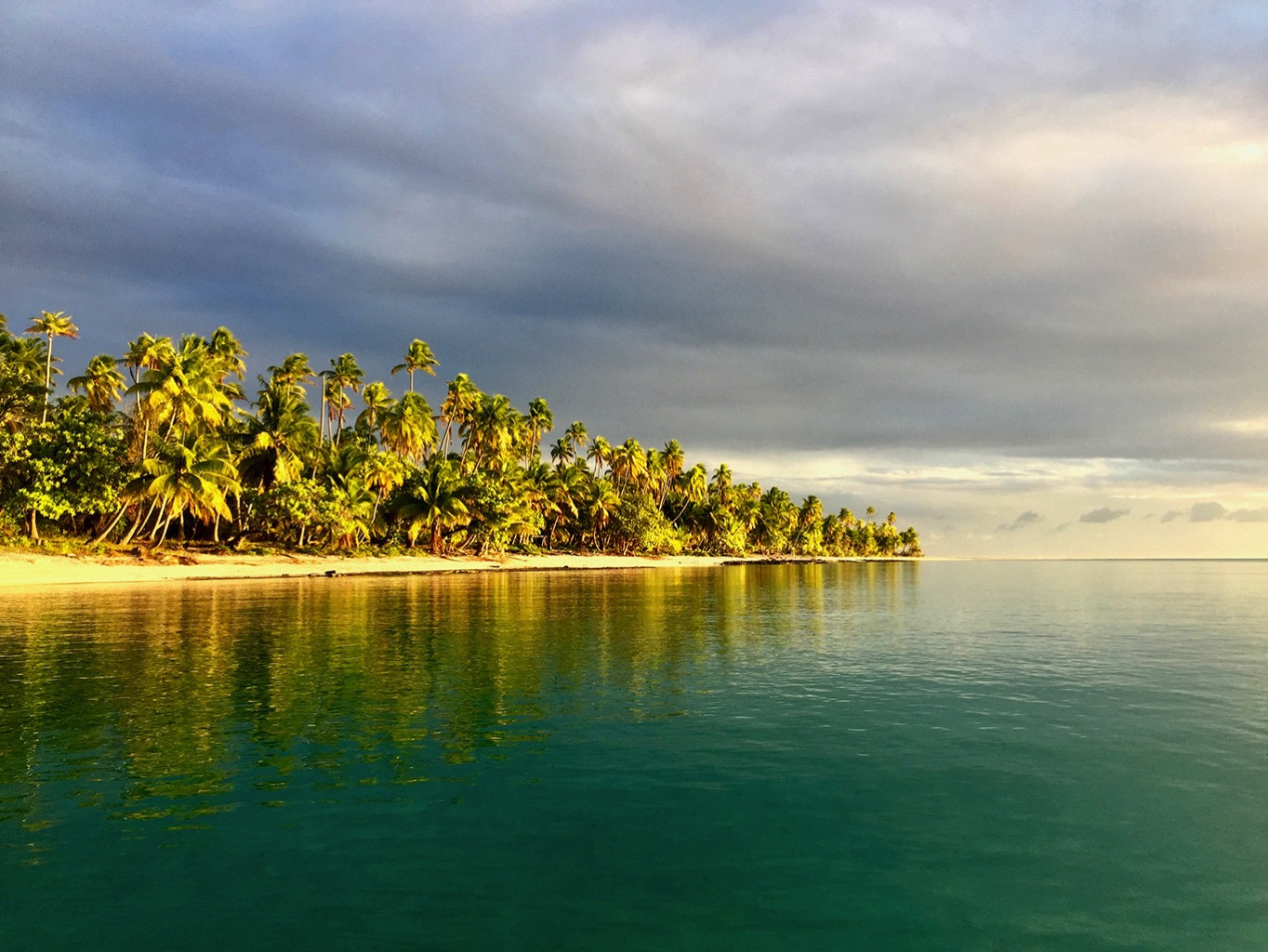
The stars above the motu shine in shrill dissonance
to conversations about digital apps
we are utterly dependent on GPS
and the stars wonder how they’ve become just window dressing
but nobody wants to hit a reef at night
the water sucks away from the cliff like edge and then hammers on like a threat
Kon Tiki wrecked here

Two boats sailed in today from the southern end of the atoll
tandem, tacking upwind in a light breeze
at a distance it looked like one boat
sailing as close as lovers, which it turns out they are
She eased her jib a little to fall back and follow
as they found a way through the coral heads
They moored to one anchor, one with a dark blue stripe, one light
tethered together with a boat length of line
He’s been single handing for six years
she wanted to learn
and when they met she’d already been looking at getting this boat
the same boat
So they sail together, she learning to sail alone
he’s not giving up on single handing,
since they are the same make of boat, they carry spares that work with each
on passage they can take turns watching each other’s boat sail by autopilot
watching for traffic and the hazards
they certainly have more space than they would with just one boat
no one has to climb the mast if there is an argument
but there are risks and downfalls to the arrangement
it’s much more expensive
if something goes on with the other boat, they can only help as much as they are able
they are still truly single handing
they admit that at some point they will move on to one boat
she says it will be hers
a point he is not yet willing to concede
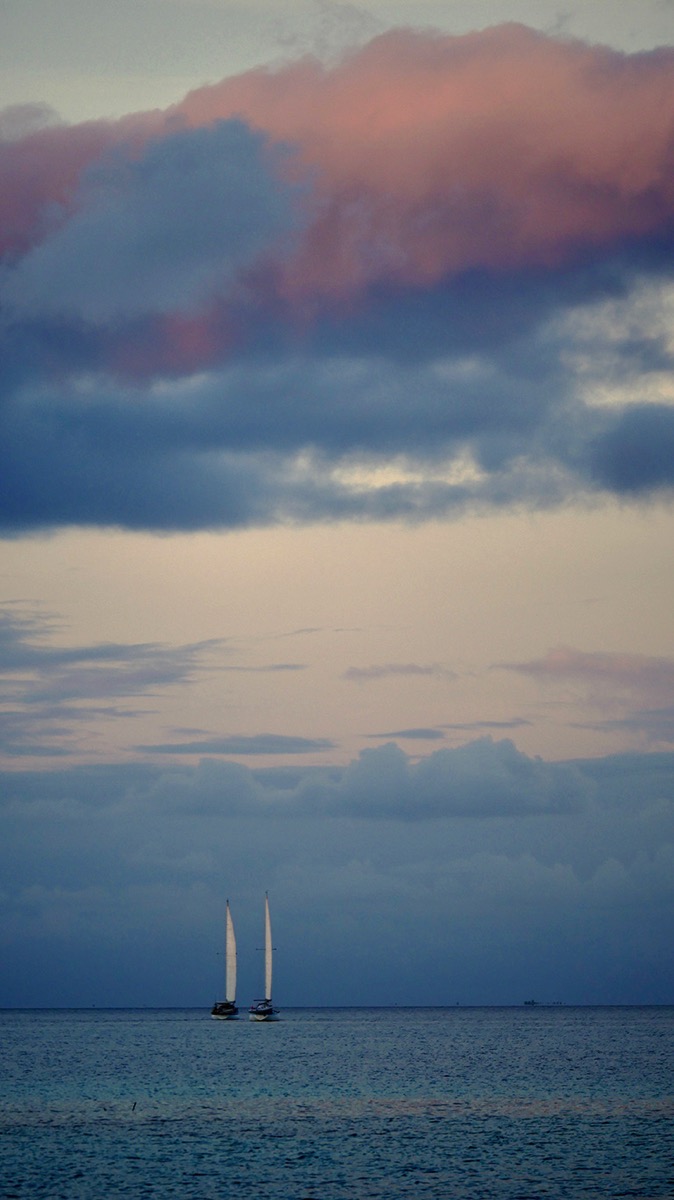
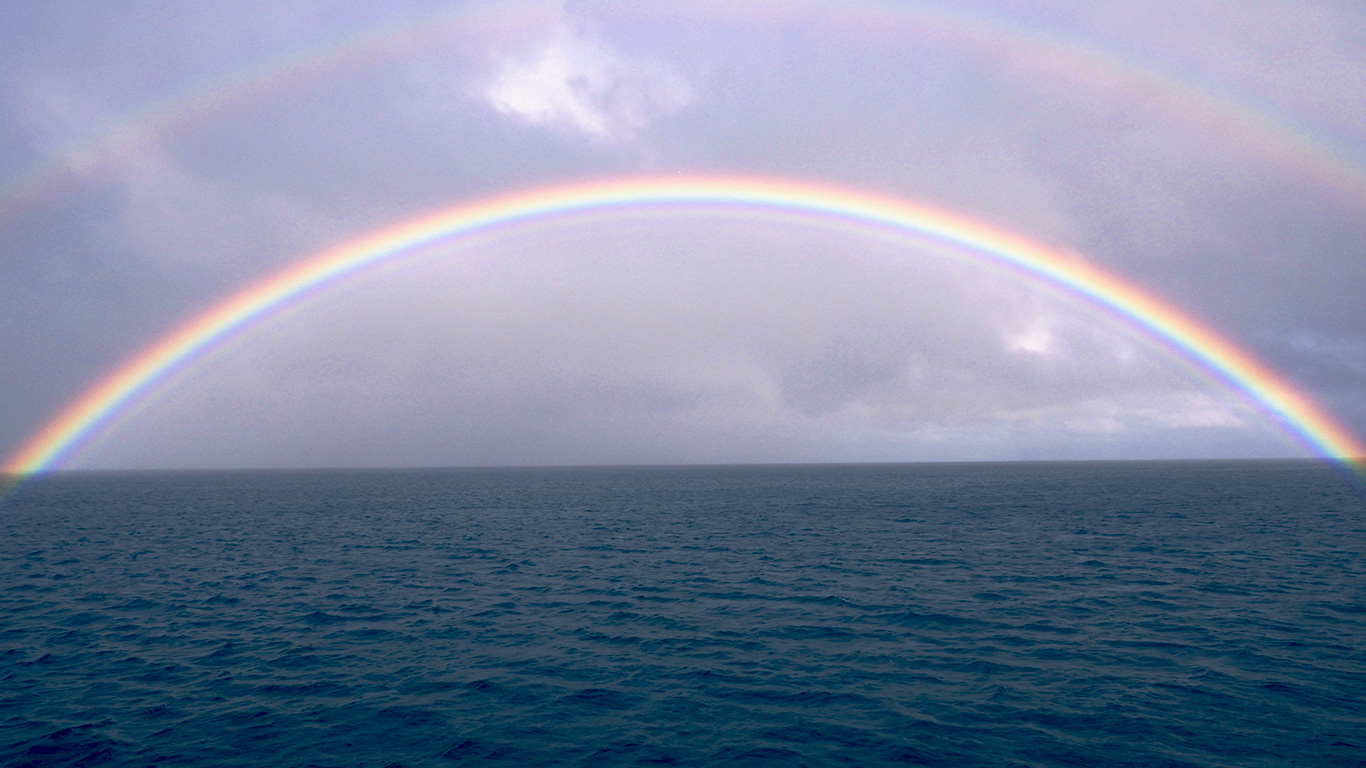
Mamas in French Polynesia
We threw off the dock lines and found an anchorage not far –
where you can look across the reef of Raiatea to Bora Bora at the sunset
we searched the starry sky for the southern cross and our neighboring galaxies,
the Magellanic clouds
A quiet sail in the lagoon to the “Coral Garden” off Tahaa
a bit of shallow coral in a gap between Motu’s brimming with fish
no sharks
the current flows gently in toward the lagoon
the Mom’s donned their wetsuits, fins and masks
a few gear adjustments were made
they fell in love with drifting through that magical world
we tried to stick together,
but Camille drifted off at one point, mesmerized by the show
by the time Diana caught up with her she was half-way down the channel
the days were easy
quiet mornings chatting in the cockpit
routinely late starts
we tried to stick to the plan of no plan
Baie Hurepiti, a tour of Tahaa with Noah,
his French parents came here in a sailboat and stayed
put in a mooring and made a business
a traditional compound of Tahitian style open houses with thatched roofs
and a garden
He studied space engineering in France,
but tired of the rat race and returned to share his island with visitors
Diana wants to marry him off to one of the girls
We learned about purple flowers that taste like mushrooms
and ferns that leave a pretty white print on your skin
We sailed back around the corner for ice cream at Pte Tomoaro
then to Raiatea for drive around the island
a trip to town for some shopping,
and a dinghy up the river at the head of Baie Faaroa
Finally a sail across the open Pacific to Bora Bora
started with a nice wind that slowly dropped
but the seas were calm,
the white puffy clouds over the famous island
turquoise green from the reflection off the lagoon
a group of pilot whales greeted us along the southern reef
then a Humpback as we made turn around the point
across the shallow lagoon our depth finder kept creeping up
10 feet, 8 feet, 7 feet, 6.3 feet (we draw 6.5)
but we found our way to the gorgeous anchoroage without hitting the sand
(note to work on our bow to stern communication skills)
At least we didn’t get stuck
more snorkeling by the Motu
the Moms’ favorite activity
We dinghied in the pouring rain, thankful for wetsuits
Camille slept out under the stars
We all sang and played guitar
Mom and her Polynesian ukulele
On next to the last day
we flew the drone for an unforgettable sunset
in perfect harmony with the feeling of this visit
~MS
Our Moms have now been to visit three times; in Baja, Costa Rica and French Polynesia. It would be hard to say which has been the best, but when I chance upon the pics, I’m reminded of the pure joy it’s been each time, to have them here, sharing in our crazy life. We are building a ‘library’ of memories. These two are agreeable to do just about anything, easy going and relaxed and chock full of love – we are wildly fortunate. Can’t wait till the next sojourn.~DS
Waterline Challenged (Lawsons, Maddi & Wyatt visit)
In August, we had the supreme pleasure of seeing how many loved ones we could fit aboard Allora without sinking her or going mad. Turns out it’s probably 7!
Actually, other than playing bumper bodies routinely and Scott slamming his head too many times, we managed well, sailed Allora, played hard and laughed a lot. It wouldn’t be called luxurious, but we had the sleeping spaces we needed and the Lawson’s were as mellow and relaxed as we could wish for. Wyatt and Maddi were here as well, both awaiting their Fall school starts. Those two can navigate Allora’s spaces and systems quite nimbly, so they stepped into their familiar ‘GREM’ role and really helped out. The coolest thing: with this group, we had a veritable band aboard! Concerts were spontaneous and the norm. In their absence, we truly miss the melodies.
Scott and Lori showered us with copious gifts, all useful and helpful, and we continue to be thankful, probably daily, as we make use of them. Sumner’s positive, can-do attitude was infectious; what a delight she is to be around – an ideal member of Team Allora. I treasured having Lori in my midst. Basically, we are already talking about when we can get these guys back. This voyaging life is extraordinary, but it is made even more so when we can share it with our ‘people.’ Come play with us!
Shadows In The Shallows
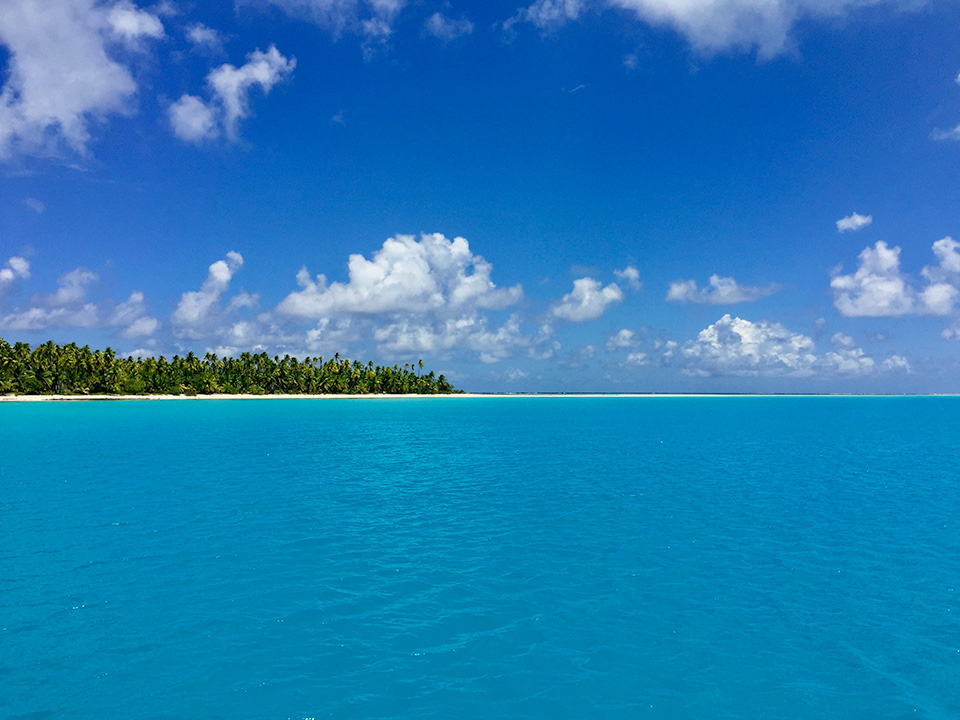
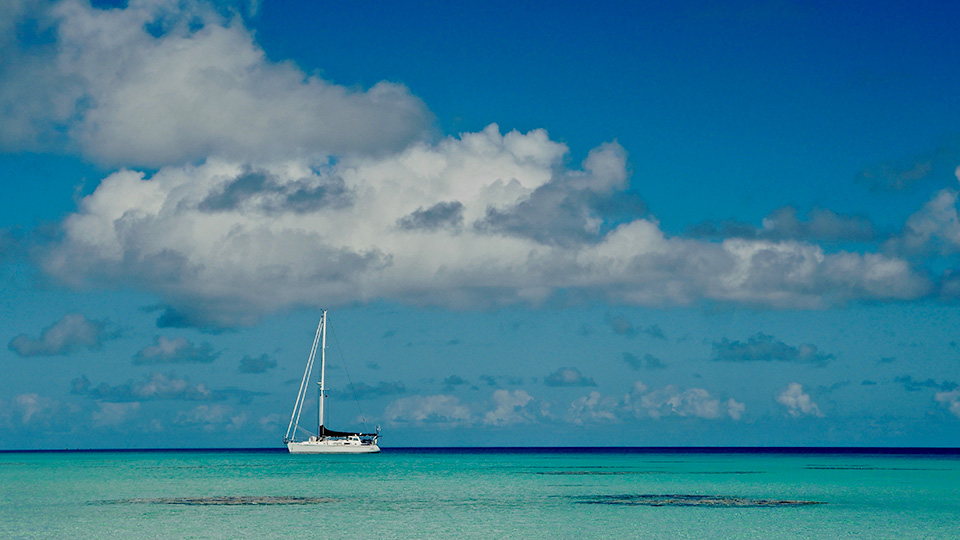
As we sailed south from the Marquesas, Diana was looking for sharks, calm lagoons protected from the ocean swell, turquoise water and coral, safe anchorage within earshot of the surf breaking on the reef. I was looking for flats — wide expanses of water that doesn’t rise above your knee in depth. Ideal for flyfishing. To reach the Archipelago of the Tuamotus, you sail by the Isle du Disappointment. We wished we had the time to detour, to see it for ourselves, if nothing else so we could say we’d been to the actual Island of Disappointment, but it was night when passed and low lying atolls are dangerous in the dark. We slipped by beneath the whisker of a moon.
Disappointment is a prerequisite for flats fishing. You must be comfortable in the waters of frustration. Particularly, if you go looking for fish that might or might not even be there. Bonefish inhabit the tropical oceans of the world, but they are not on every flat. And on the flats they do visit, they are not there every day. And when they condescend to haunt that ephemeral world, they come armed in ghostly mail, reflecting the dazzling world around them, barely visible. Liminal shapes. But you have to see them to catch them. You might spot a bonefish and she will turn and disappear right before your eyes. You will wonder if you have seen her at all. Often the only thing you can see is not the fish itself, but its shadow on the sandy bottom.
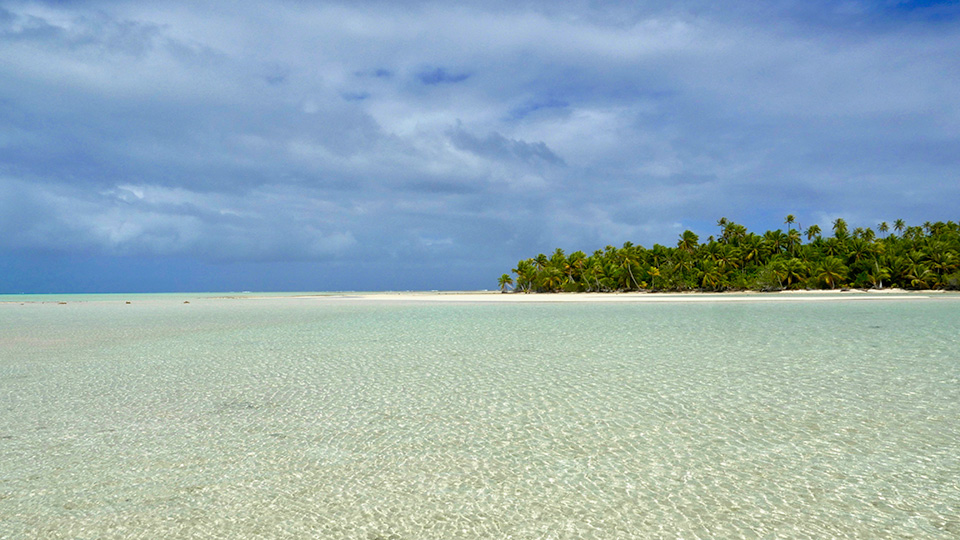
These atolls have long been known by sailors as the Dangerous Archipelago, and before GPS and Google Earth came along, most gave them a wide berth on the downwind run from the Marquesas to Tahiti. They get more visitors nowadays, but their isolation means that beside a select, well known few with air strips, the only practical way to visit is to sail there in your own boat. It took us twenty-five days to reach the Marquesas from Panama and another three days of fast sailing to reach the first of the atolls.
It’s a long way to go and nobody sails that far just to go bonefishing. Not even me.
We chose the Raroia atoll as our first stop because it was the most windward of the Tuamotos that we could easily reach from the Marquesas. It also has a well known, well charted pass for entering through the reef. We had no idea what we might find on the flats there, and nothing in google earth showed up that looked like the classic sandy bottomed expanse you’d find in the Bahamas. I expected something like the gentle reefs of Turneffe flats in Belize, but what we found was not like either. The reef itself looks like a rocky moonscape when the tide is out. It is hard bottomed and the rocks and coral are viciously jagged. Near where we anchored, there were the rusted remains of a shipwreck, the massive engine block and parts improbably strewn through the shallow water. It was easy to imagine the churning caldron that this South Pacific reef would be in a storm. The surf breaking over the reef at high tide sent wavelets rippling over the flat and the current in the cuts reminded me of wading the Madison River. It was a live, active environment. It did not look like a place you’d find bonefish, and I did not.

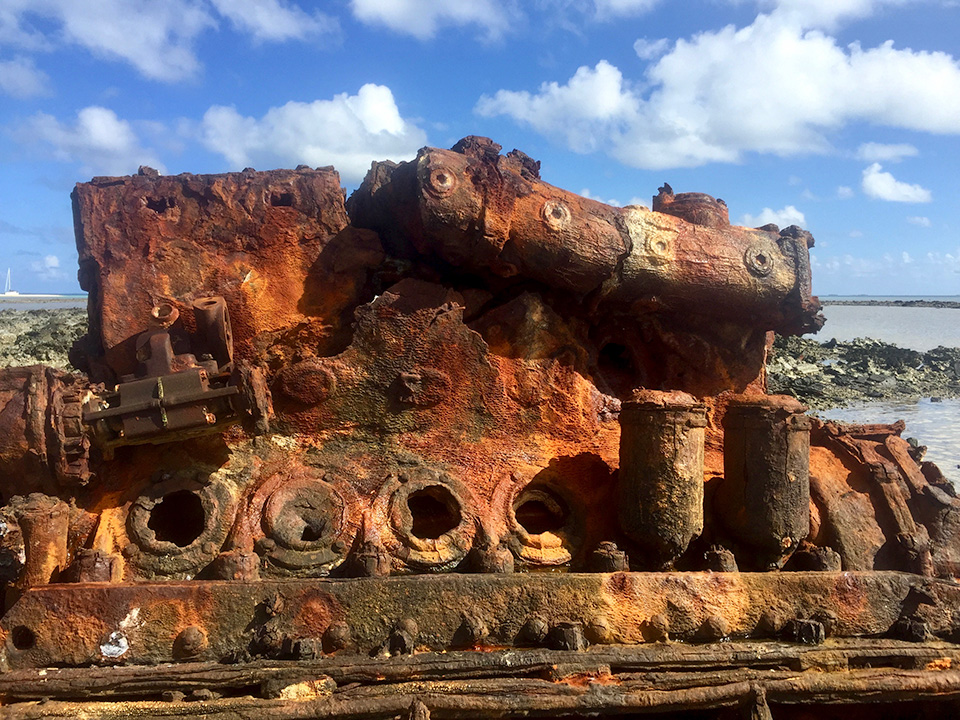
What we did find, was first and foremost, sharks. Black tipped reef sharks make a fine living in the Tuamotos. As a top predator, they seem like the sign of a healthy ecosystem. The coral here teems with fish like an aquarium. The closest I could find to a “flat” were some sandy shallows on the lagoon side between the fast running Hoa’s (Tuamotan for the cuts in the reef). There were also lots of other fish, and I quickly hooked my first Bluefin Trevally which went screaming across the shallows just like a bonefish. It happened fast and was so easy, I initially underestimated this species. These crazy, nervous, spooky, wild fish have since put me in my place. Bluefin Trevally is a beautiful fish, and the couple that rushed in and grabbed my fly, as opposed to the dozen that bolted away at the speed of light when they heard the line hit the water, were as powerful as any bonefish, maybe a little less fighter jet and more raw power, but ripping into my backing nonetheless. One of the first I landed broke the tip of my new eight weight rod. I also caught some smaller blue jacks that were fun (one shadowing a shark), and a less than gorgeous but hard fighter called a Long Nosed Emperor fish. On Raroia, I found a version of flats fishing, but not bonefish.

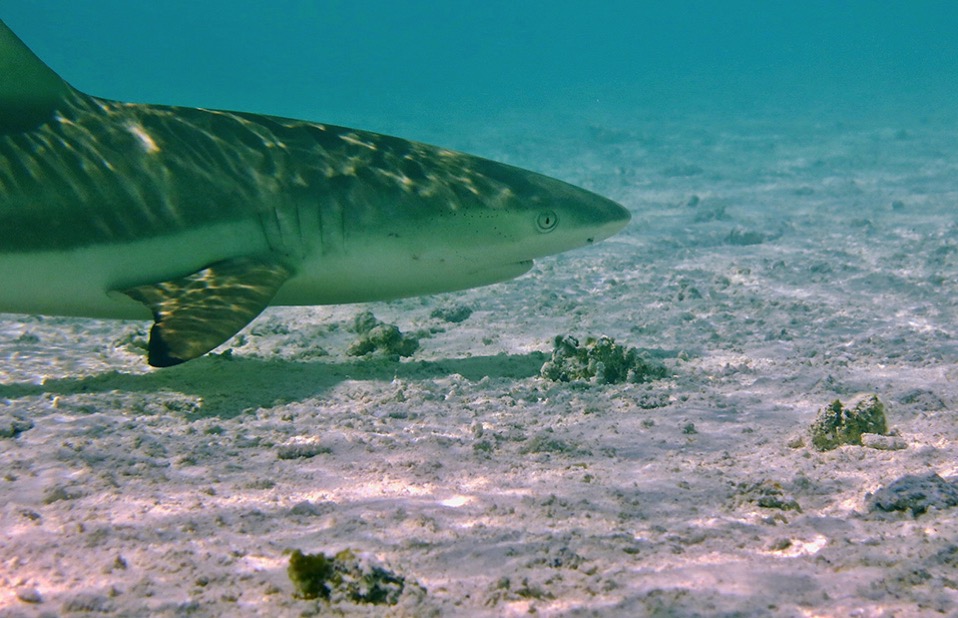

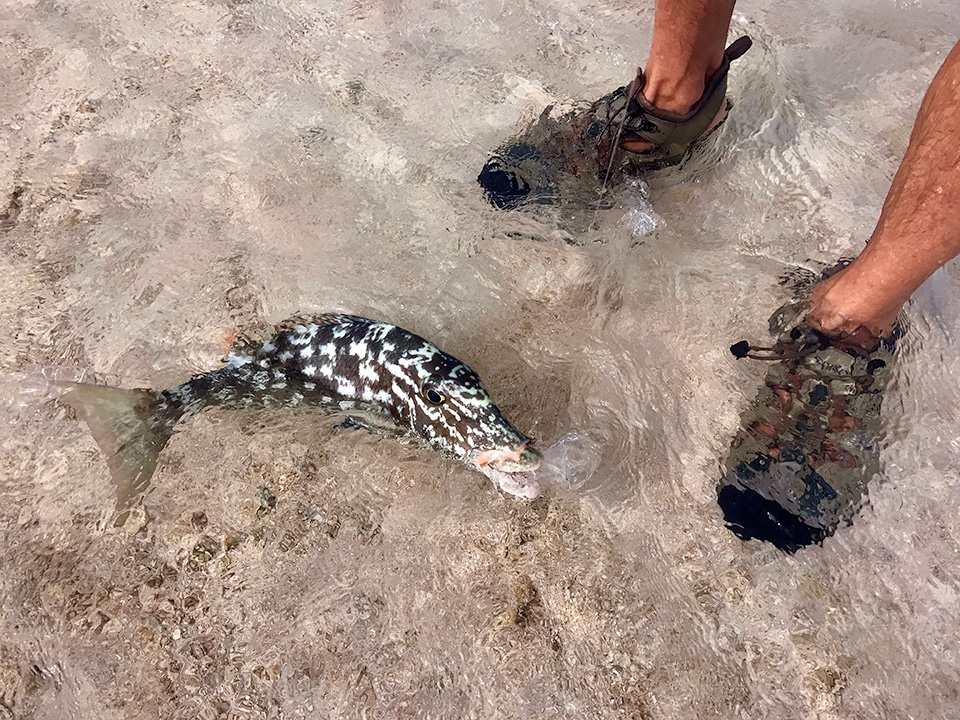
I had read that we might find bonefish on Kauehi, another atoll due west from Raroia. A Montana fly fishermen (like myself) posted a short article about catching them there years ago. He and his wife had crewed on a sailboat crossing from Panama to Tahiti, and Kauehi is a natural, first stop in the Tuamotos. A beautiful island with a charming village, the seductive if elusive promise of internet at the post office, and baguettes on Saturday and Wednesday (a slightly chewy “wonder bread” version). This is one of the atolls with flights from Papeete.
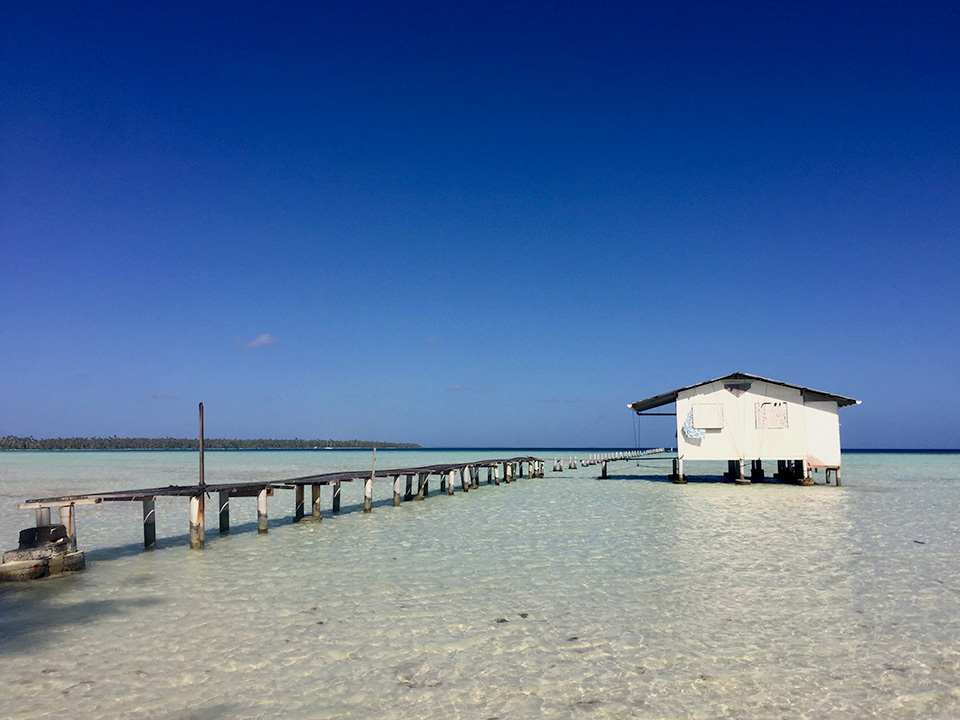
I saw what I thought must be a pair of bonefish almost as soon as I waded out onto the town flat. But they disappeared quickly and soon I was questioning if that’s what I’d seen at all. It took more than an hour to find another pair. I blew the cast completely, trying to compete with 15 knots of wind. Now the question was if I’d get another chance to cast, or if I’d just botched a very rare opportunity. When I finally spotted the next fish, I forced myself to slow down and tiptoe quietly into a crosswind position and wait until I could make a short cast. It paid off, and I had my first Polynesian bonefish on, ripping way across the flat throwing rooster tails of water as it unspooled line like no tomorrow.
An old man (well, not that old, but with a gray beard like me) was taking a Sunday afternoon nap under an awning at the beach. With the southern winter trades, the temperature in the shade is perfect. I felt bad disturbing him marching across the beachfront of his idyllic bit of paradise, but he waved me over in that friendly Polynesian style, and I showed him a picture I’d taken with my phone of the bonefish I’d just caught on the flat in front of his house. He confirmed that they are called kio kio here and told me (in French) that they made excellent Poisson Cru, which is a yummy dish we experienced in the Marquesas, made there with raw tuna, lime and coconut milk. He didn’t seem particularly startled to see me out wandering around the two mile long flat near town, but when I asked Gary, the french dive master of Ephe Mer Plongeé, who’d been living aboard a sailboat in Kauehi with his wife and son for five years how often he saw people fishing out on the flat, he said, “Never. Nobody ever fishes out there.”
Obviously the locals do, I saw them come in with parrot fish and trigger fish they had harvested with a spear. So that’s not what Gary meant by nobody. He meant no off-islander with a fly rod. The young Polynesian man who showed me his spearfish catch, thought the triggerfish would eat my fly when I showed him what I was fishing with. And they did, though it wasn’t quite that easy, though certainly more than it must be stalking these skittish fish with a spear.
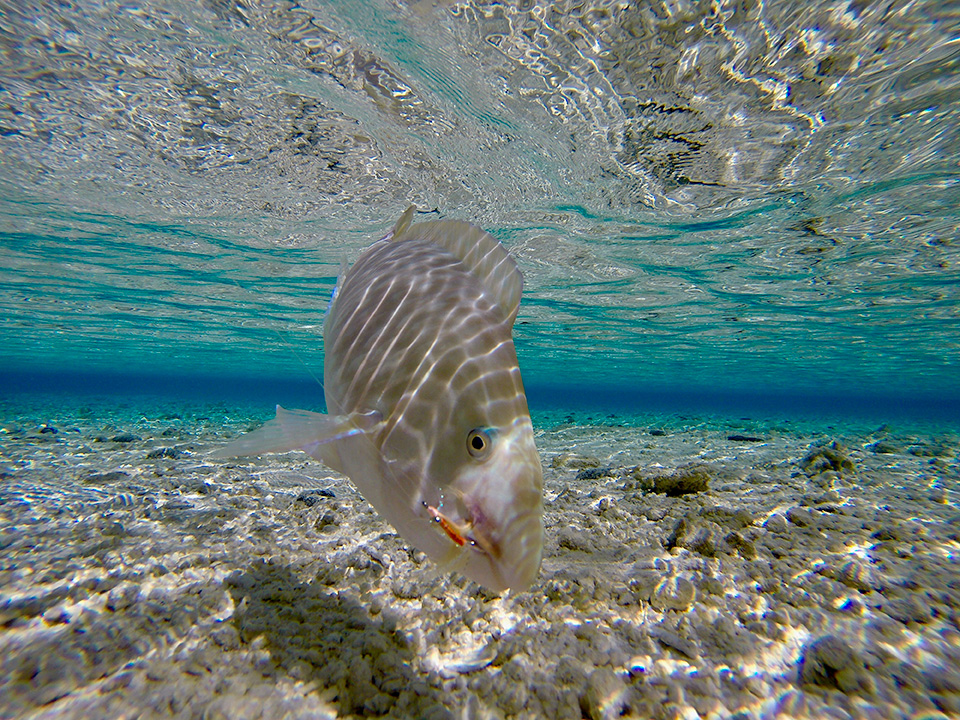
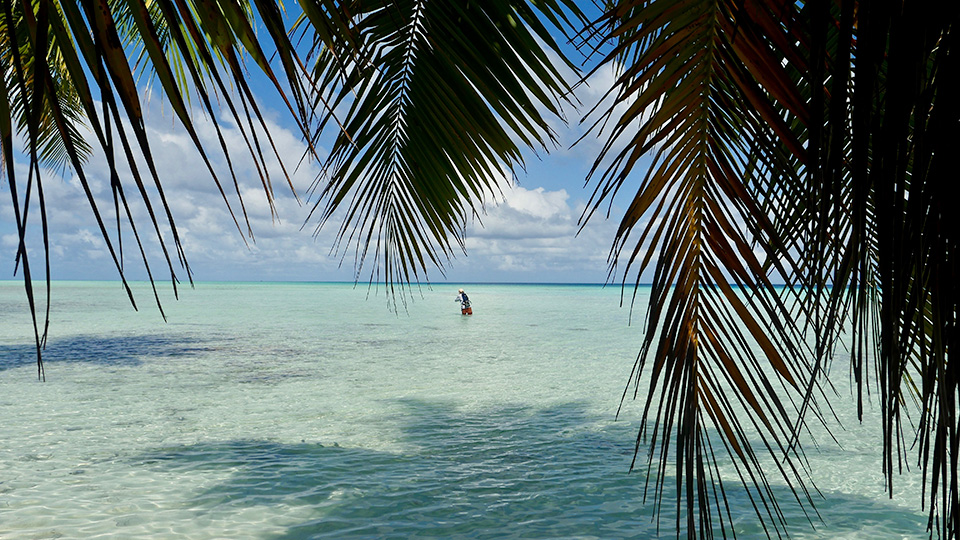
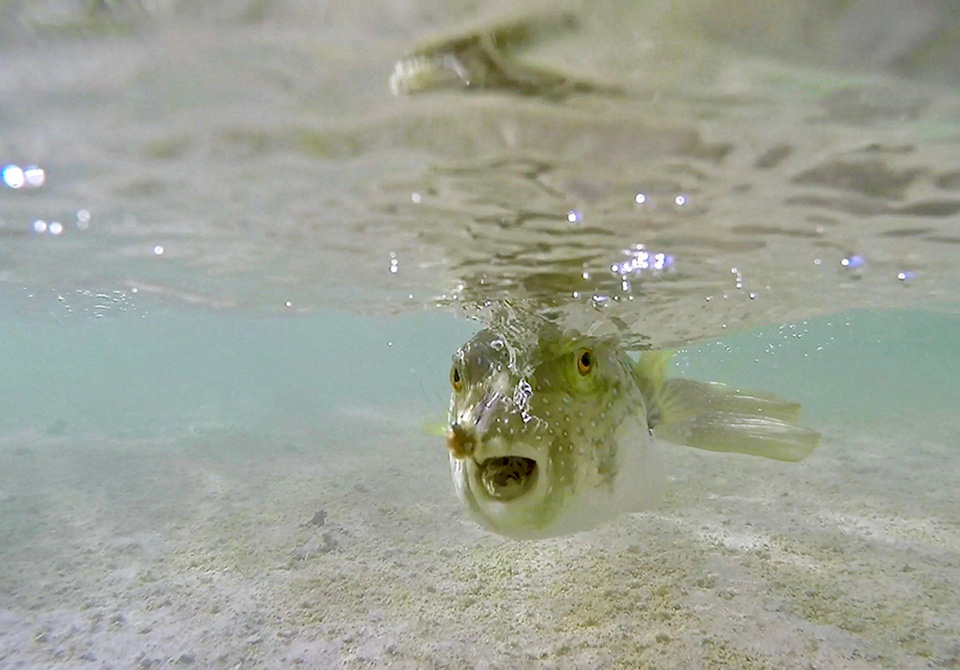

Fishing here is a way of life and it’s about food. It fits most people’s image of fishing — casting a baited hook into the dark water and waiting to see what you might happen to drag up. Flyfishermen are not that different from other fishermen, in most basic respects. Their attraction to the game varies according to the particular part of it that keeps bringing them back, the aspect of flyfishing that rewards and maybe also torments them. It’s like other games, like love even (yes, I did say that). For some size matters. For some it’s the battle and the conquest. For some it is the flirtation and the take. It’s first sight, the beating heart of the approach, the cast. The strategy and the plan. You only have to walk into any fly shop to realize that for some, it’s the fashion. For me, though there’s no doubt, it is true love, for all of the above.
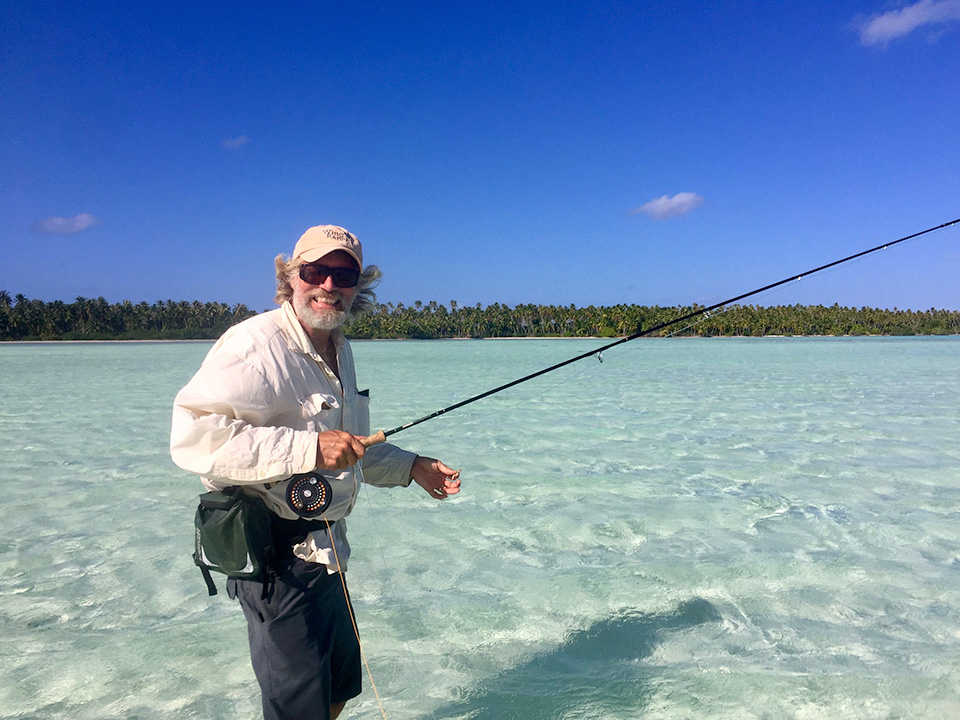
A passion (or possibly an addiction) for salt water flats fishing, particularly bonefish, is something one comes to naturally as a fly fishermen for trout. It’s particularly seductive for a dry fly fisherman whose been bitten by the bug of rising fish sipping small dry flies in the gin clear waters of Montana.
Seeing the fish, stalking, presenting the fly. Precision. Timing. Delicacy. The take and the set. Those are the common elements of the game. A dry fly fishermen must remove himself from the fly, and any hint of current that might pull on the line, so the presentation floats naturally on the surface. The bonefishermen needs to learn how to move the fly the way the bonefish expects it to move, learning the timing of their body language to know when they’ve taken the fly and give them enough time not to pull it from their grasp.
Dumb luck will catch a certain percentage of fish anywhere. But it won’t work often enough to keep it interesting. If a game is too easy, it’s not really worth playing, right? On the flats, like so many things in this concentrated environment, mistakes comes fast and furious. Miss the cast, miss the set, break off. Bonefish almost never give you a second chance.
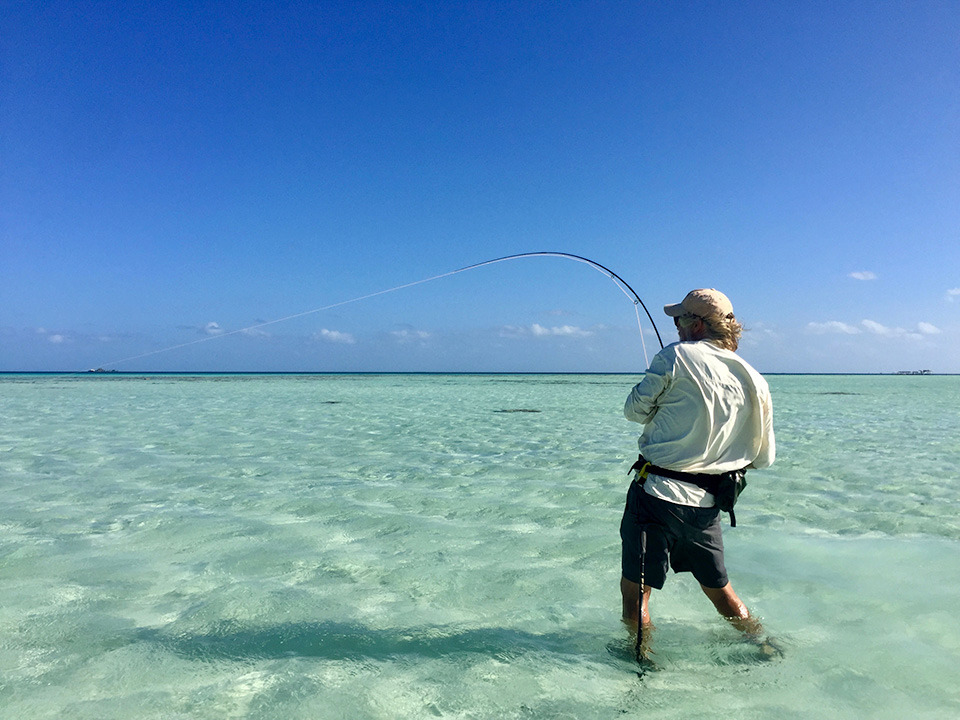

In Toau, the next atoll we visited, Diana saw bonefish swimming under the boat. In general they were concentrated closer to shore, probably because even though the flat is huge, most of it has three feet or more water even at low tide. Also, nobody lives here most of the time. The shallow edges go on for a couple miles. This atoll is one big step further away from the world. You cannot fly here. It’s only seventeen miles from one of the biggest and most populated atolls, Fakarava, so it isn’t that far. I saw the first pair before I really stepped into the water after taking the dinghy ashore. Another single within a few minutes after that. I landed the first fish within an hour of stepping onto the flat. Which was a nice start.
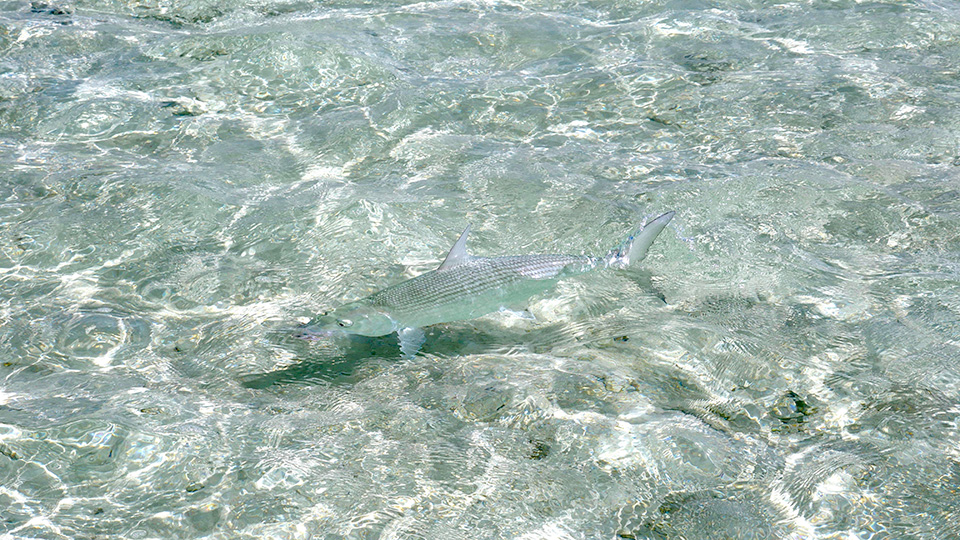
It hasn’t been non-stop like that, by any means. These fish aren’t easy. They spook at the line more than the fly, but they don’t like to hear it plop down. I started using a long tippet and tying my flies with lighter bead eyes so they can land more quietly. The colors that look right to me in this environment are tan with a touch of orange. It needs to belong but can’t be camouflaged — just sparkly enough to get some attention. They bead eyes are heavy enough to make sure it sets on the bottom which I think is crucial here, but not so big that they make too big a splash. In my previous iteration, I used ‘bunny fur,’ which I thought would be good for the splashdown, but I think it was too white. My final pattern used tan squirrel with 6 strands or so of iridescent flash. I caught 7 bones in total, six on this fly in less than three hours on the flat. I’ve been catching fish in water with no ripple on it, right up against the long beach, so I can watch them investigate the fly. Occasionally, they are pretty aggressive about grabbing it, but mostly they follow first, then take it only after it drops like it’s trying to hide. They seem to be used to the idea that whatever it is they are eating, shrimp or crab, is going to try to bury itself in the sand, not swim away. You really have to wait on the set. See them root down on it. They don’t take as long as the Triggerfish, which flop back and forth over the fly like they just can’t get ahold of it, and no wonder with that little mouth which looks overdo for a visit to the dentist. I try to resist casting to them now, because they almost always mangle or break off my fly, and I have a limited number of hooks in my fly tying kit. There are no fly shops for hundreds if not thousands of miles. That said, the other day I couldn’t resist, stupidly, casting to a grouper when I reached the rocks at the far end of the flat. He grabbed the fly in a dash and then didn’t seem to realize he had it, chasing away another small fish that had come out to investigate. I had to give him a tug for him to feel the hook and then he was off, straight for his favorite rock. After walking over reeling up all the line, I could feel he was still on, but I couldn’t pull him out from under the rock and eventually broke him off. After a bit he came out, the fly gone from his mouth, and glared at me like he was considering picking a fight.

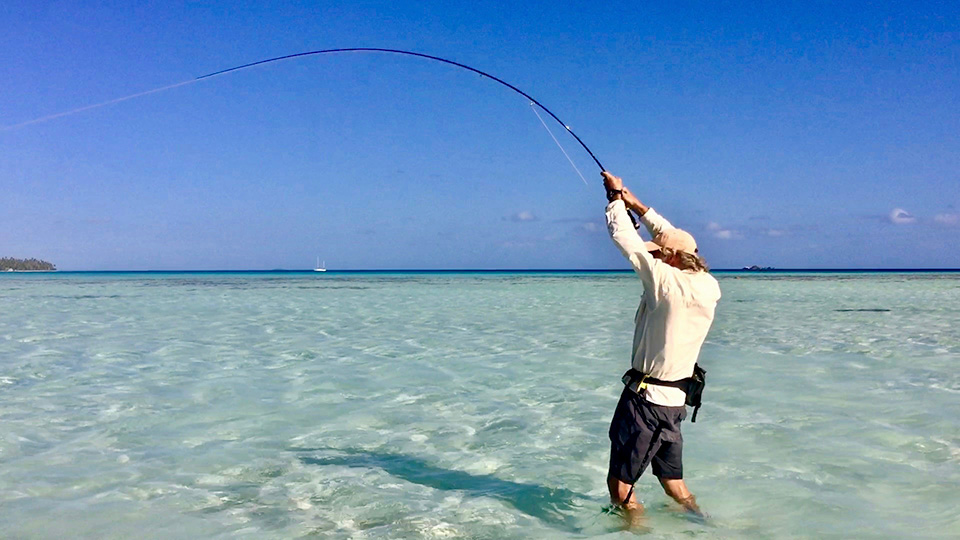
Probably the most exciting thing about Toau bones is that sometimes I find tailing fish. It’s not like smaller Belize bones tailing in groups on the flat, these are pairs or big singles. Big tails. They don’t work a spot for very long, but they aren’t in a hurry either. I hooked a really big one in about eight inches of water. I was lucky because he was moving directly at me. Even so I spooked him and had to recast as he scooted along, now broadside. This time the fly hit the water in the right way and he turned to find it. The take was clear and obvious, an easy set. The fight was unforgettable. He was off at warp speed (of course) and ran toward the shallow without stopping until he reached the shore. Then he turned a hard one eighty. I started reeling frantically (as you do) wishing at that moment I had a large arbor reel instead of my classic old Abel. But nothing was going to keep up with this fish. I reached for the line to start stripping by hand out of desperation, and then jumped. This huge bonefish nearly ran me over in his panic. I still had backing out, and he was zinging past my feet. I assumed he was long gone, but then he hit the end of the line, still on, and turned on a rocky shallow spot. Some poor fish there leapt skyward to get out of his way as he ripped across less than six inches of rock strewn water and in a second it was finally over. Somewhere the tippet had found a sharp piece of coral.
Day 3 on the Toau flat, I think (nice to be losing track), the fish conspired to humble me. My first big theory that it would be good to have low tide in the middle of the day turned out to be exactly wrong. Despite great visibility, and probably because of it, I did not see nearly as many bones. Fewer sharks even, until the tide started to come in as the sun dropped. After three thirty it gets hard to see at any distance except over by the shore where the windless water reflects the darker trees. I finally landed one fish out of a pair, but before that, it was either, wrong time, wrong fly, wrong cast, wrong presentation. They followed but would not take. I could see their eyes as they came in that close, but they wouldn’t pick the fly up.
With their 3D world reduced to two dimensions, and the sun a glaring light, Trevally are a nervous wreck in shallow water. They don’t know what they want to do. They cruise at high speed looking for an ambush with none of that sharklike cool. When they blow up at the slightest provocation, they streak away and then seem to worry that they’ve made a mistake and streak back in to see what they’re missing, then blow up and away again. They dart at the fly as if they know they are making a mistake. I cast to a pair of Trevally cruising inches off the beach and they left so panicked, I think they moved to the next atoll. But then later, I was able to get a cast fifteen feet in front of a pair coming toward me, a little further off. The first fish charged the fly from that distance so fast I have no idea whether I was stripping or what I was doing, but he was on! Another Trevally half an hour later startled me by bashing something under the ledge of the coral right at the shore and then came racing out my way. I cast to him, but I don’t think he saw the fly. He was too busy looking right at me.

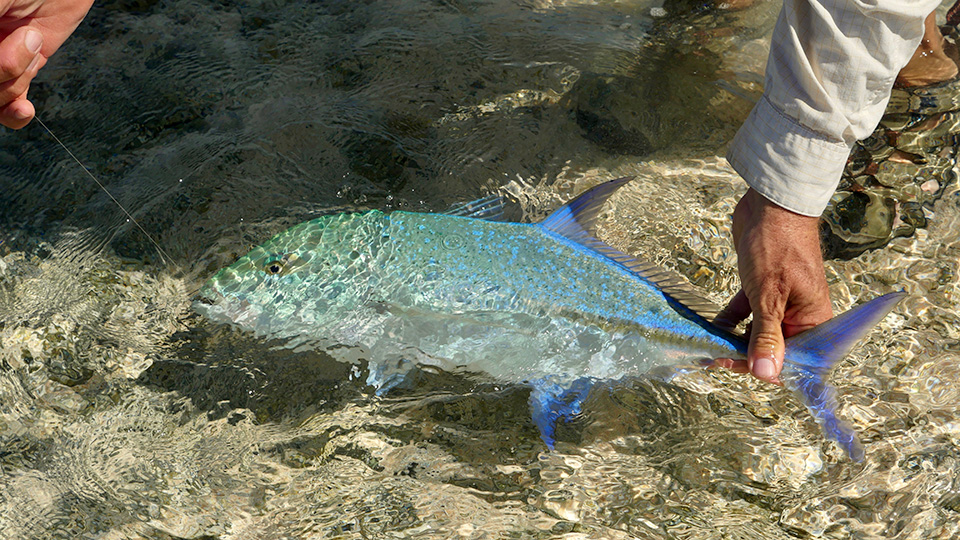
I guess I have been a little skittish on the flats, too, and maybe for the same reason. There are always lots of black-tipped reef sharks everywhere I wade. Curious as cats, with (presumably) bigger teeth. Early on, two of them, inspired by my splashing in shallow water charged in and hit my leg. Unnerving to say the least. Several others came swimming in at high speed, and finally I ended up bumping one six footer on the head with the butt of my rod to stop it. So there it is, full disclosure, there are lots and lots of sharks in the Tuamotus. I started carrying a walking stick for discouraging sneak attacks.
8:30 is about as early as the light works. The water feels cooler in the morning, but I think the light is more significant. These bones seem to stick to the very skinny water and so when it’s straight overhead they are skittish or not around. I saw more bonefish early, including tails. But I was having trouble getting the sequence of things right. Fish headed the right direction. Cast close enough, but not too close. Fish seeing fly but not spooking because it’s moving too fast. Timing right on the set, not too soon, not too late, not too quick, but quick enough. Tight line on the fight, keeping fish away from any rocks. Landing and releasing the fish without alerting any of the bigger sharks. It’s a long list. I headed back a little later than I had planned, around 10:30, Cast, hooked, landed two fish on the way back. The sharks found me after releasing the second one. I thought the bonefish must be okay, but the bigger shark, darker in color was very aggressive in swimming directly up to me. I think he could smell the bonefish in the water about me and he was sure he would find it at my feet or in my hands. I still don’t think he would bite me unless that bonefish was actually there and he could take it from me. That might be a different story. Though, I told myself, since evolution would not have designed them to bite human legs, standing ones anyway, I wonder if he would or even could be able to turn sideways in the shallow water in order to take the bite. So maybe he couldn’t bite my leg even if he wanted to. These are the kinds of things you think about on a Polynesian flat. I had to beat the water with my shark stick a couple times and then it tore off. I assumed it was because I had taught it a lesson about messing with a stick carrying member of homo sapiens. But then he started zig zagging at high speed. My heart sunk. He was chasing something. What’s truly astonishing about these sharks is how far away they must be able to sense a panicked or tired bonefish. Somehow they know the fish are too fatigued to outrun them. I’ve seen them working the flat where I’ve just released a fish like bird dogs in Montana.
Because of the couple of sneak “attacks,” I’ve developed the habit now of turning all the way around ever so often to make sure I’m not being stalked. It seems like a good idea anyway. On a flat, unlike a river, a fish could be coming from anywhere. One of the things I’ve noticed is that sometimes there’ll be a couple of nervous blue jacks following my mud trail. I think the sharks come from that direction for the same reason. They investigate all anomalies on the flat. You (if you are a shark) never know. This time about twenty or thirty yards behind me at the end of the faint trail I was leaving in the sand was a bonefish following me. I turned and made the short cast to an easy fish. He tailed on the fly nicely. Now I was sure that this new fly pattern, which had evolved from my short experience in Toau and in Kauehi, was the perfect Polynesian bonefish fly.
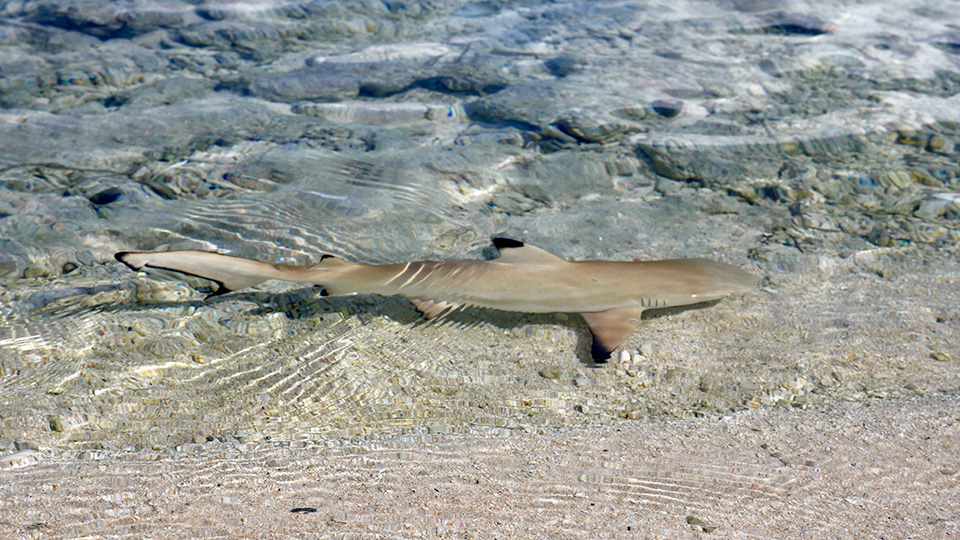
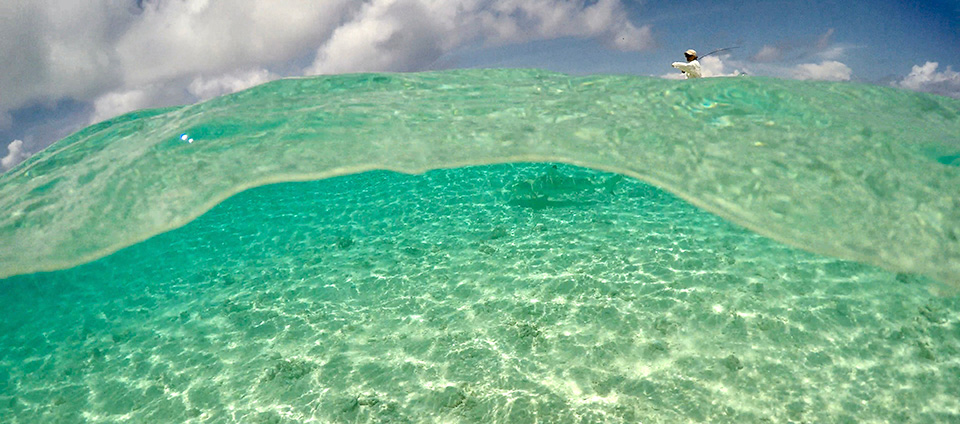
Day five on the Taou “town” flat. We explored “town” today. So far what we can find are the remains of a half a dozen structures. There are a couple of hard hats around that must be for the safety of working in the coconut groves, but the shacks are falling down. This was my most successful day fishing so far. The High tide was 6:52 and low tide was 13:06. I didn’t leave until 10 because we spent the morning doing some boat work. I scooted off, guiltily, leaving Diana finishing the job, cleaning oven parts on the stern. As soon as I started toward the flat after tying up Namo (our dinghy), I came upon two Trevally working quickly up the beach, as they do, not two feet off the edge of the water. I moved up the bank and walking as fast as I could without running I was just barely able to catch and pass them. I kept moving until I had time to get down to the water’s edge and strip off enough line for a cast. I made the cast at least ten or fifteen feet short, so I could move the fly when they got close. Even at that distance they reacted at the speed of light. My thought process barely had time to catch up with what was happening. They spooked right? Even with plenty of wind to hide my line noise and even casting way ahead of them. They are so hyper sensitive, they just blew up. No way to catch them in this scenario. Except that… my body was moving ahead my conscious thought process, and I stripped out of habit. And, unbelievably, a fish was on. Besides sailfish in Mexico, these are the most beautiful fish I’ve ever caught (okay, maybe not the mug, which is a little dopey) but the coloring is spectacular. The second Trevally did not abandon his buddy for a good part of the fight and I found out when I landed him that these Bluefin do have small teeth, like a brown trout.

It was a nice start and it got even better but then worse. I had barely waded onto the flat when I spotted a pair of bonefish. They were moving slowly enough that they were clearly looking for food. When I’ve cast to fish here that are really moving across the flat, they spook, or if they follow I get a refusal. These fish were in 6 inches of water. Really. I was lucky with my cast. The wind subdued any line splash down, and the fly went into the water without too crazy a plop. The one fish turned on it followed and took the fly without hesitation. Because I didn’t want to lose the fish to a shark and because I knew my tippet was stout, I pressed the bonefish pretty hard and when he was close I leaned heavily into the rod to get his head up and bring him in. I slipped the barbless fly out of his mouth and as soon as I let him go, I noticed what had happened. I had broken my rod tip. I’d already broken my eight weight at Raroia on a Trevally (also no spare tip, yes I’m that foolish). Looking at the tip of the rod was a lot like looking at the water when you’ve dropped some crucial boat part overboard (like the oil drain plug on the outboard for instance). Something you can’t just replace with a clever substitution. You just can’t believe that something so irrevocable has happened so quickly that could have such major consequences. The most immediate consequence was that I had to stop fishing after a late start with low tide just two hours away. I had one more rod. An eleven weight, which was going to make delicate casts a challenge, but at least, I had something to fish with for the next two weeks before the Lawsons, Maddi and Wyatt meeting us in Tahiti could rescue me with spare tips.

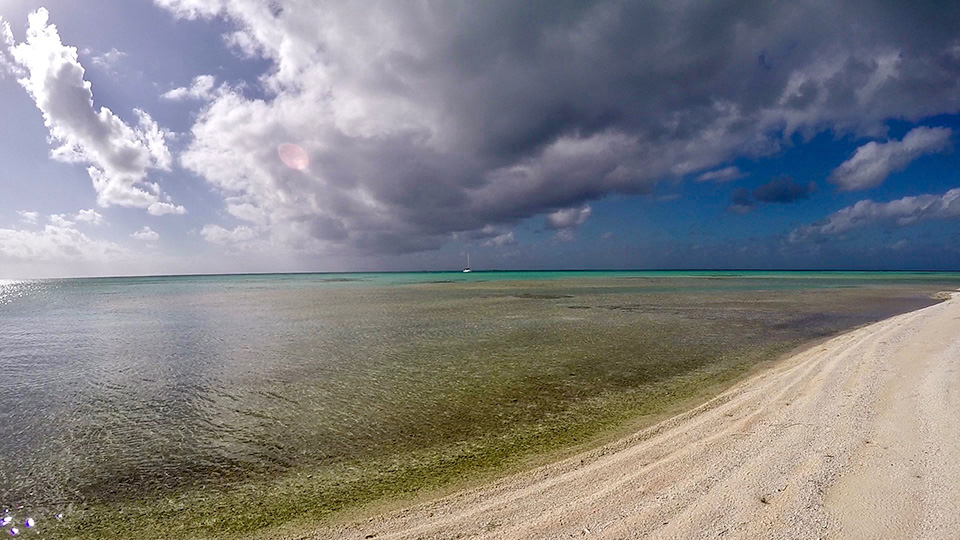
Fool me once shame on you, fool me twice… right? Two Titan Triggerfish on the flat, doing their clowny triggerfish thing. I’m thinking, this is exactly where I saw them yesterday. This must be their “spot.” But I don’t cast to triggerfish, right, that’s my rule, especially when I have just one left of my amazing new fly design that has been working so well. Nope, not doing that. I should also be remembering what happened the last time I hooked one of these goofballs, right here where I am. Just yesterday. The fish didn’t run, just swam casually over to a hole under a rock that you would not imagine was there out in the middle of the big flat. How’d that work out, Einstein? No, I’ll only cast to this triggerfish, if he makes it so tempting I cannot resist. What? Yep. When he ended up under the same rock with my precious fly again, I could see there were only a few inches of tippet ahead of the leader. Still I did not feel like reaching under that rock. I haven’t been touching the triggerfish cause I think they have some mean spines on their dorsal fin and I definitely don’t want any of my fingers anywhere near that mouth of theirs. Those beaver teeth could snap a finger off, I’m sure. I tried goading him out with my shark stick to no avail, so I finally resigned myself to losing my fly and walked away, glad there was no one… absolutely anywhere for miles and miles who could have been watching me behave like such an idiot.
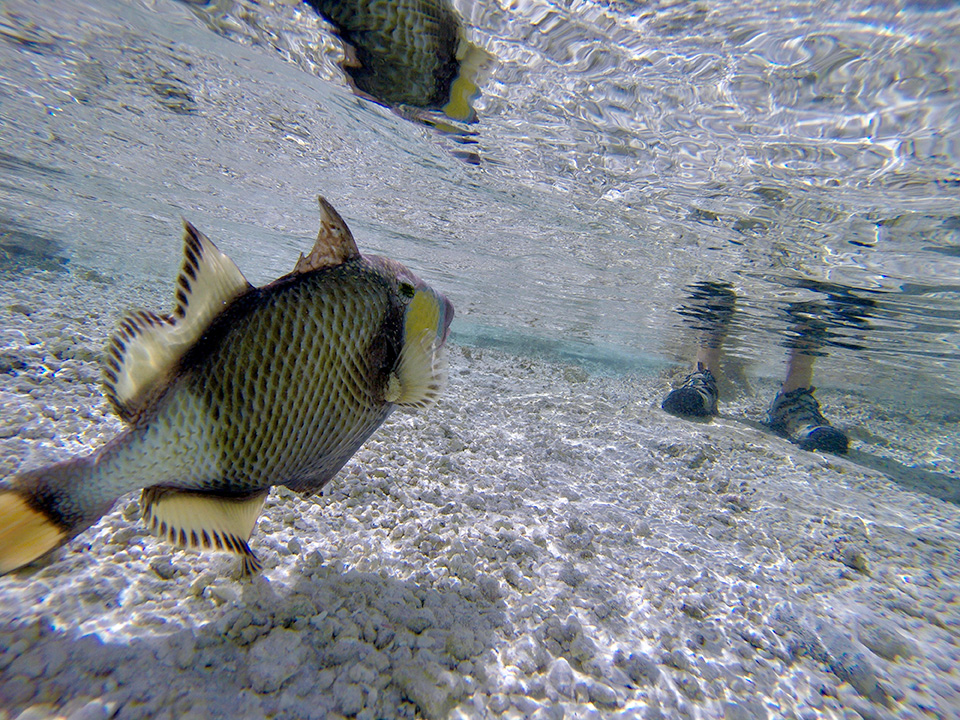
But on the northwest side of Toau we moored next to some friends, Rand and Ellen on the catamaran, Golden Glow. Rand was curious to see bonefishing firsthand and we ended up visiting a flat south of there — Rand Ellen, Diana and me. It was a little nerve-wracking because I’m not used to having an audience and there were obviously no guarantee we’d even see fish. I hadn’t even see the flat before. It just looked right on Google Earth. Luckily it didn’t take too long to find a group of bonefish which were waiting for the tide to get deep enough to get through a shallow pass to an inner lagoon. With camera’s trained on me, I hooked one and then, miraculously even landed it, giving everyone a completely wrong impression about how bonefishing usually goes. I hooked another a bit later, but lots of sharks started showing up and I felt lucky to allow the fish to throw the hook before they found him.
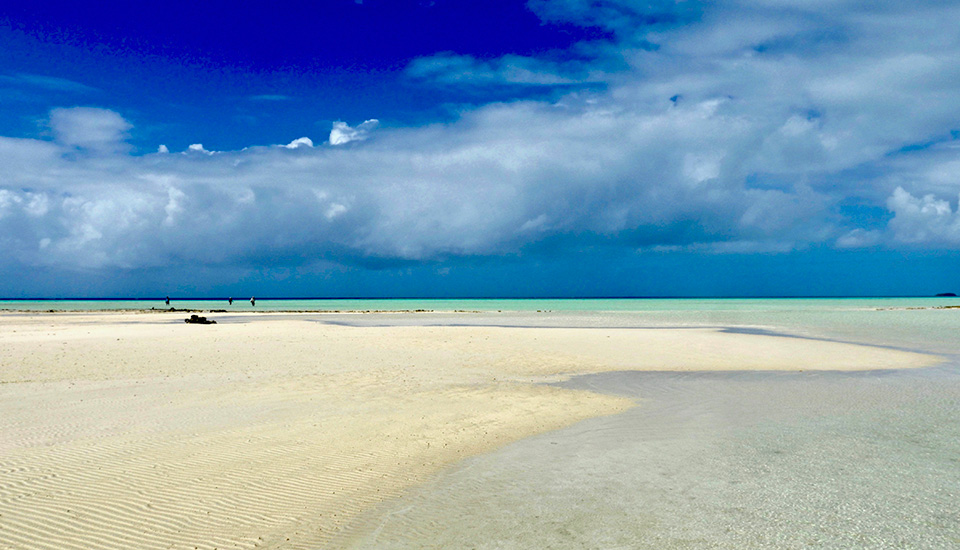
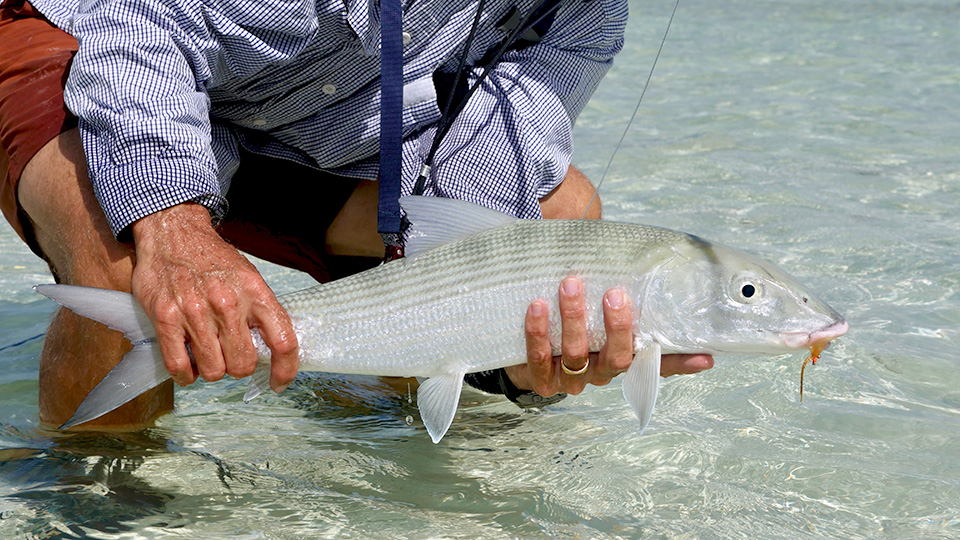
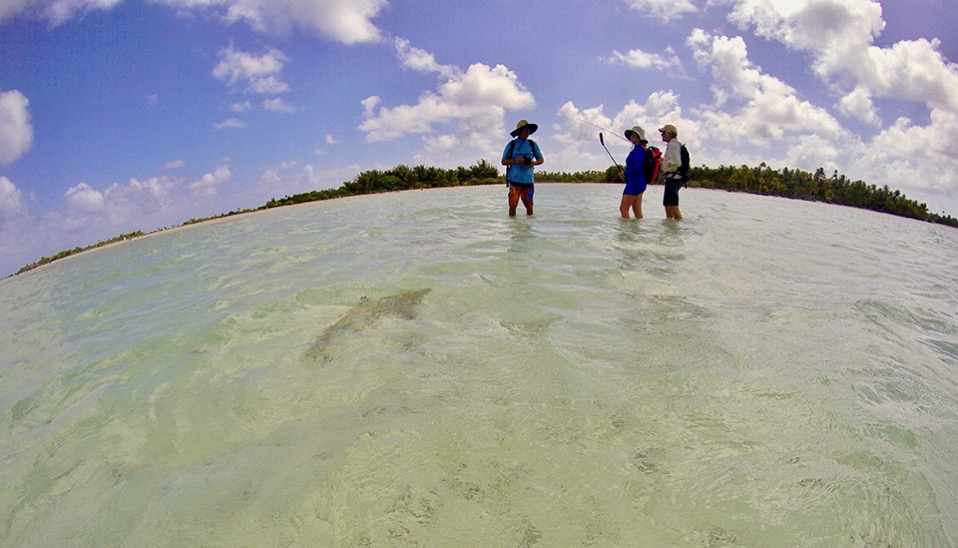
Sharks add an element to fishing here which I have never experienced in any other kind of fishing anywhere else (no toothy predators on a spring creek, though there may be other hazards for your sanity). The first adjustment requires getting comfortable with their constant presence and relentless curiosity. That can make being on the flat a little edgy. Constantly reminding yourself that sharks are best dealt with calmly. Escalating is always a bad idea. There’s the occasional really big shark like the one I had to bonk with butt of my rod in Raroia, that makes you question if what you think you know about them is really accurate. And then there’s the dilemma of trying to practice catch and release in a fiercely competitive, predator rich environment. The Tuamotos teem with fish like nowhere else I’ve ever been. The ecosystem feels as close to undisturbed as I can imagine. Sharks are everywhere and they are a part of that. When we dive the pass, there are hundreds of them and they demand our attention and fascination. They are not dumb fish. But looking over your shoulder when you hook a fish adds an unwlelcome extra challenge to the fight. Watching a fish explode in a puff of red, when a shark gets him, and then watching the shark really getting his sharks instincts up, makes you at least momentarily question the whole game. Obviously its not a game the bonefish want to play, and it wouldn’t be a hard argument to make to suggest that maybe it’s unethical. I’m sure it’s a coming argument that catch and release of any fish isn’t ethical treatment of animals, especially when it endangers their lives. On the other hand, sharks need to eat, too.

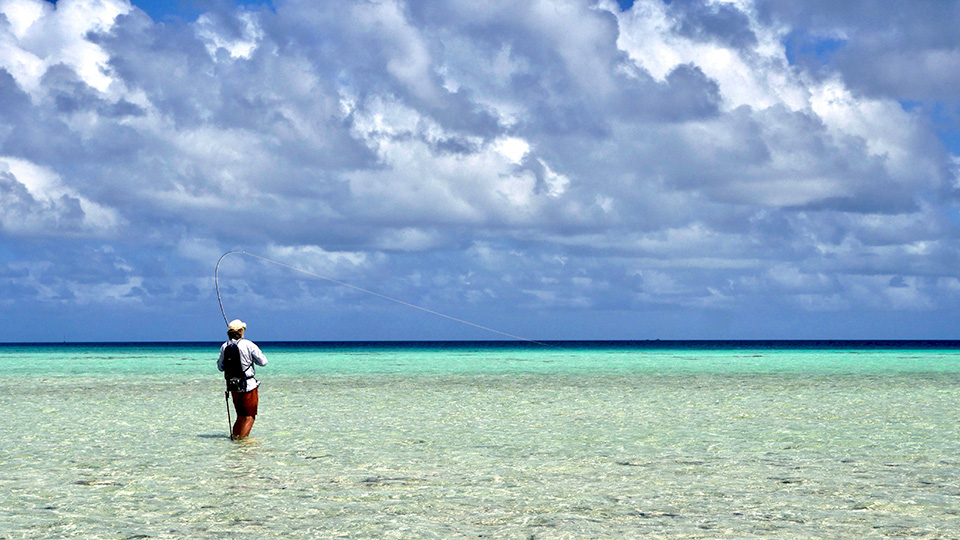
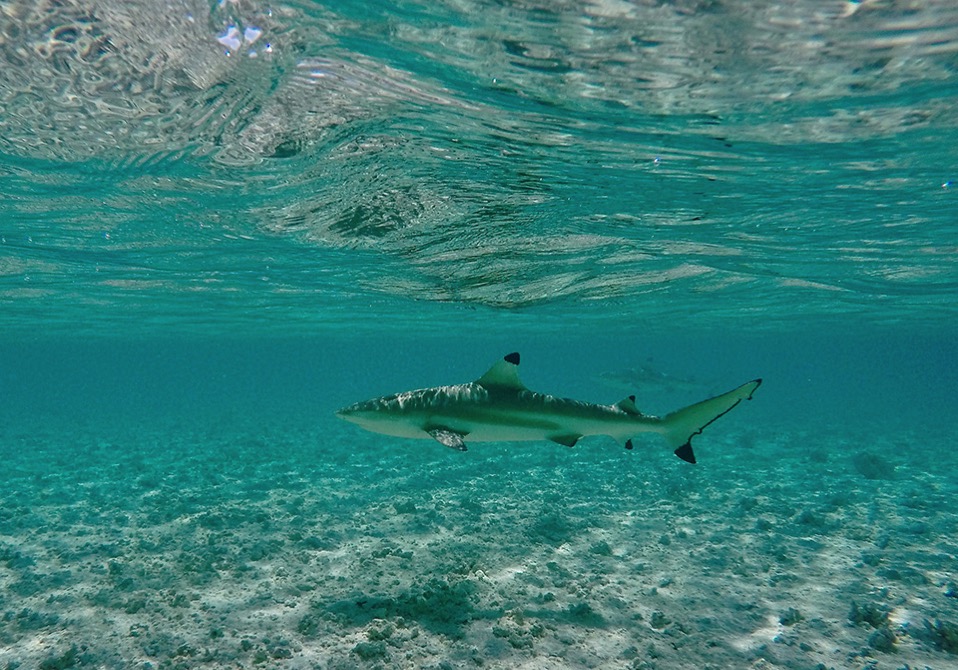
Anaa is an atoll without a pass for boats to get inside. This means we could only visit in certain conditions which just happened to occur as we were sailing back from Tahiti to Tuamotus. We tied up to the massive buoy that used to be used by the weekly supply ship. It wasn’t a great situation, and eventually we dropped anchor, but the bottom’s rocky and we had to worry about getting our anchor back. To get inside you shoot a tiny little pass in the dinghy between waves breaking on the reef a few feet to either side. The first time it was a bit hairy, not knowing how deep the water would be once we cleared the gap. Inside the atoll is an absolute bonefish heaven. There are flats everywhere. Diana tooled around on her bike and found one of the ‘magasins’, which turned out to be connected with Anaa Flyfishing. The woman who ran it said there was a small place, Pension Anaa To Ku Kaiga, where flyfishermen came to stay and fish the atoll. There’s a small airstrip with weekly flights. I found fish quickly, though they seemed spookier than the fish on Toau or Kuehi. I discovered soon enough why. After breaking one off on the set, and then losing one on the only branch stuck in the sand for miles, I got another hooked properly. It screamed off the flat into the deeper water and then came back. I was just getting ready to pull it in when two sharks showed up out of nowhere. They definitely were not messing around. They knew this game. I tried loosening my drag which only made a mess of my backing and the sharks got the fish anyway. I decided to move on rather than risk losing another fish to the sharks. What I ran into instead was a school of thirty to fifty sharks that were chasing baitfish under birds in the shallows. They literally churned the water in their frenzy. I watched one small shark run a baitfish right up on the beach and grab it. The anchorage was too uncomfortable to stay another night, so that was the limit of my experience in the only atoll with a flyfishing business, Anaa. Though the fishing seems endless, figuring out a strategy for dealing with sharks that have learned from a dozen or so people fishing each month that bonefish are vulnerable when hooked, would be key to fishing there. So is it strong tippet and try to bully them in, or light tippet and break them off if the sharks show up? I’m not sure.
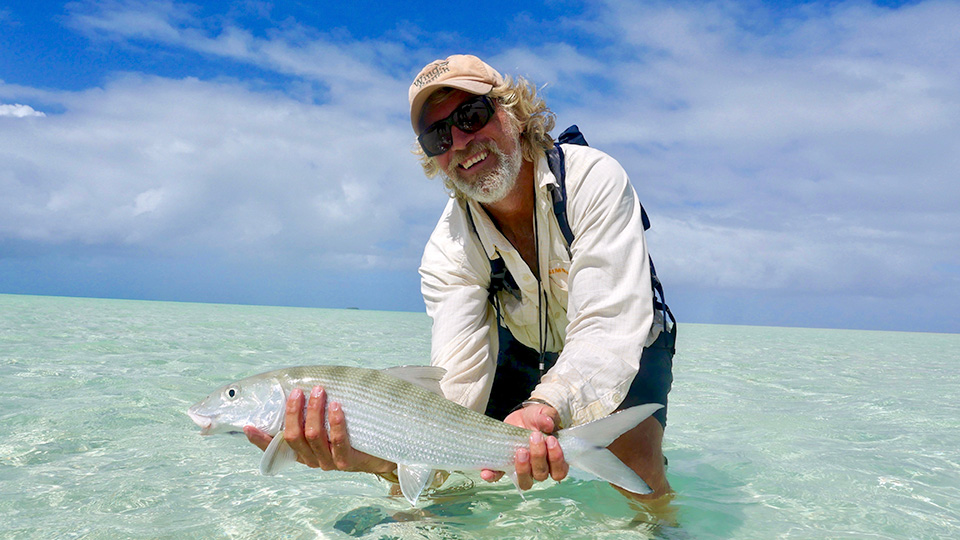

Curiosity is an essential element of the flat. All the creatures there are looking for something in that thin slice of a watery world. A human being walking a flat is an unusual event, and so I should expect a little attention. Of my many curious visitors, a beautiful red and rust brown turtle was the most conspicuous creature I’ve seen on the flat. From a long distance he was indistinguishable from a rock, except in that he moved. The first time we met, I followed him for a little way until I could tell what he even was. I’d never seen a brown turtle before. At about twenty yards I stopped to watch him, and then he turned and began very slowly swimming my way. I wanted to take a picture, but I didn’t want to spook him by taking my phone out, so I left it in my pocket and didn’t move. At about fifteen feet he poked his head out of the water and looked at me. And then he kept swimming over. Who knows what he might have been thinking. When he was literally about to touch my ankle with his snout, I blinked. I moved my leg just a tiny little bit, in case he was thinking of pecking at my foot. I wish I hadn’t because that settled it for him. Whatever kind of tree he thought I was, its roots were not supposed to move. He turned at a turtle’s version of light speed and swam away. We bumped into each other the next two days, but then as soon as he poked his head up out of the water and saw it was me again, he was out of there. So I guess he didn’t want to be my flats buddy after all.
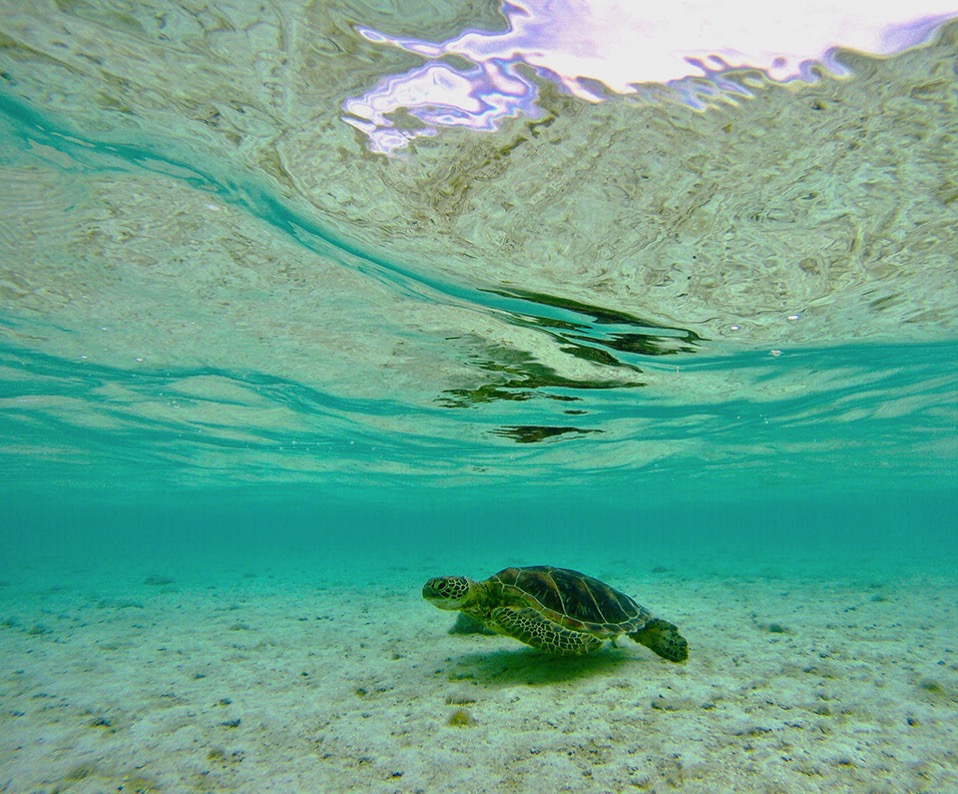


Teenager’s Dream
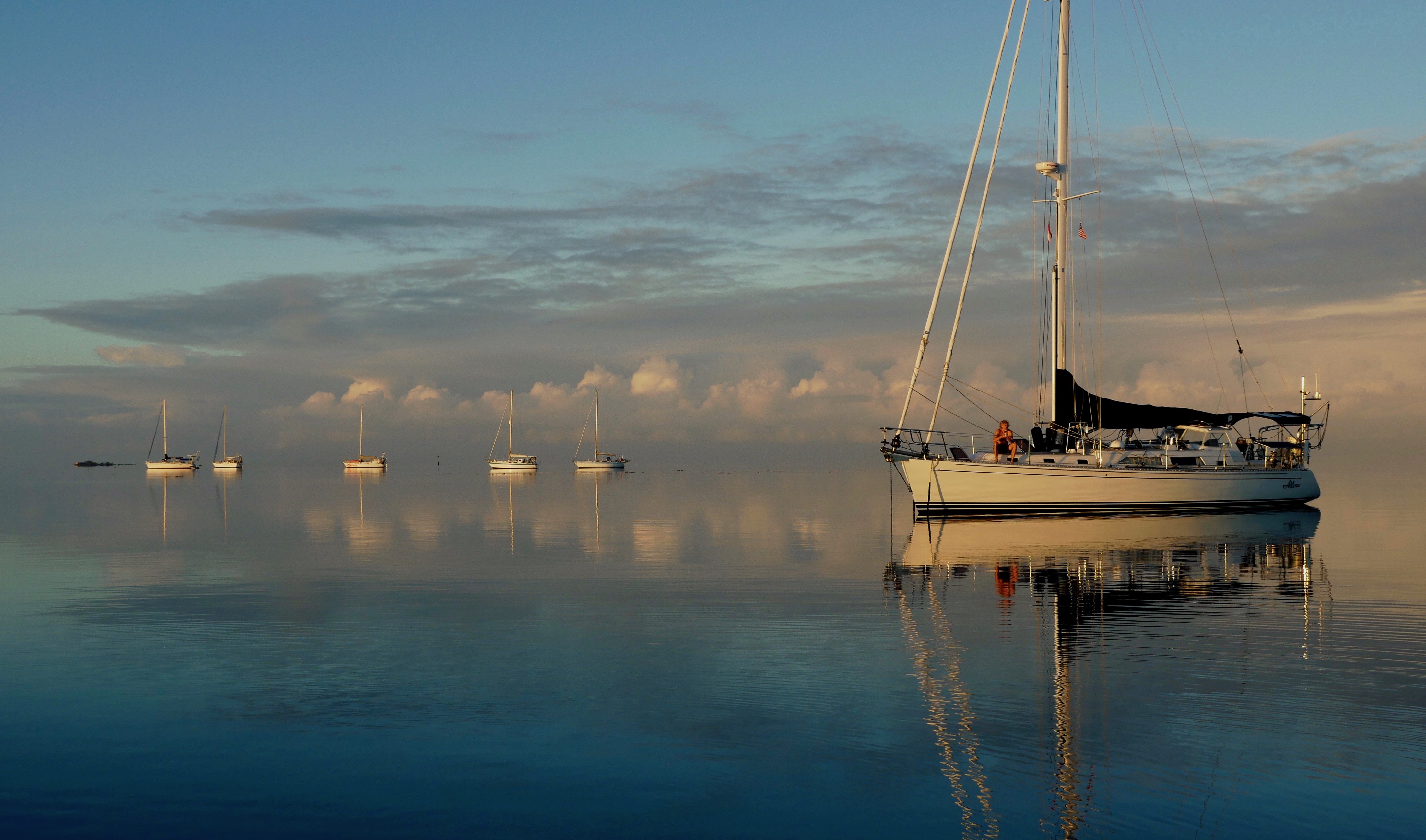
I want to recognize
the significance of living in a teenager’s dream
stepping literally into my own pencil drawings of a boat sailing away
the unsequestered horizon
the billowing sails
this beautiful ship
~MS
Marquesas!
The experience of sailing across the Pacific has been, predictably,
exactly what I expected and totally different
the days are not endless, nor really repeated
each has felt unique even though they blur together
they also go by so quickly
moments of boredom have been brief
and moments of claustrophobia which would seem normal
have not occurred
I don’t want “off” of Allora
I don’t yearn to walk on land
(other than to pee without thinking about my balance)
I don’t actually yearn to see land or even green, I don’t think
though, that may change when it happens
I think I will appreciate quiet and a sense of relative motionlessness
for a bit
this would have been incredibly hard without our crew
The things we worried about, as a family stuck together on a little boat
have been so much less than expected
tiny spats that lead to good resolutions
perhaps even especially for Diana and I
our big, big blow up on day four or whatever it was
resolved, or at least reframed, months of simmering issues
the challenges are still there as they probably always will be
but rebutting them with love and affection
has reminded us of what we have made over twenty-seven years
a formidable partnership
having Haley Maddi and Wyatt here was by far and above all
the best thing about this crossing
~MS
People have sailed into these remote places for ages
when it was a much more dangerous and difficult thing to do
no guardian angel satellites watching over with pin point accuracy
no buzz of data vibrating in the invisible electromagnetic spectrum
They came for whale oil and gold.
It’s hardest to understand how the captains found their sailors
willing to fall off the end of the earth
What were they promised?
Whalers raided the Marquesas for women
stories of rape they did not share back in New Bedford
with their pious wives hiding wooden dildos in the walls
the food the rot the stink
there must not have been many better choices
the brutal life of a common sailor
~MS
Marquesan Magic from Stevens on Vimeo.
Pacific Ocean Crossing
Galapagos to the Marquesas Islands, French Polynesia 4/25 – 5/13/17
It’s been 6 months since Allora’s first ocean crossing. I am writing this from French Polynesia, eking out the time and wifi to finally share this treasury of experience. Gathering our 3 kids, Haley, Madison and Wyatt, as crew (we call them, ‘GREM’, to be explained later) was ideal and a bit of a miracle at this point in their busy and widespread lives. I have to say, I love that it felt imperative to each of them to make the voyage – what adventurous souls! Haley had already crossed the Indian Ocean with SeaMester; I think she knew something of the quiet and solitude we’d be experiencing.
We’re family, yes, but in this experience, we formed an alliance, a team. I was reminded of leaving Montana to live in Ravenna, Italia; we were drop shipped into a new culture – it was palpable, the intense newness of it all – but after that year, our family had shared something indefinably rich. Here, out on the illimitable sea, we truly relied on each other once again to ‘navigate the waters.’ Though I think each of us came away with an impression that also felt wholly personal, as I look back at those sweet days, I see a point in time in which we were able to slip into an eddy in our lives, to come together and share this magic – we were uncertain and proud, bored and content, tired and euphoric, collectively.
I hope to always recall the slow but sure rhythm of these 18 sweet days. My mosaic work often feels like this – bit by bit, piece by piece and one day, something’s manifested. In this case, we, with the wind, landed in paradise, Fatu Hiva, Marquesas. ~DS
Stats:
Distance: 2,956nm (3,401miles)
Avg. speed from Isla Isabela, Galapagos to Fatu Hiva, Marquesas: 6.895 knots/hr (7.9 mph)
Avg. 24 hr distance: 165nm (189.8 miles)
I’ve been thinking about the tuna I killed
the exhausted fish bleeding into the water
after our gaff cut its gill then came apart and fell overboard
clouds of blood, Maddi thought of whaling
what it would be like on another scale
the rivers of whale ichor gushing into this exact ocean
from a heart bigger than all five of us
even this, probably average tuna, appears from its deep refuge like a giant
the mass of muscle that challenged our arms despite enormous mechanical advantage
We confounded the powerful, sleek prince of blue water
though we cannot actually lift him, but barely heave him aboard
like a deer drug through the snow
our muscles are spent
chunks of sashimi as big as an elk quarter
deep in the cheek, beautiful stuff I could, should eat from my knife even as I filet
I never ate deer raw
I worry I may one day think I have taken something I shouldn’t have
more than is left to take
for a man living in a world where food is easy
taken invisibly with efficient economic precision
swaddled in styrofoam and plastic
a big mac or burrata
seared tuna or sushi
for anyone who indulges a whim
anywhere, anytime
even in places that in my lifetime once offered only boiled meat and potatoes
peaches and apricots in the season of miller moths beating against the screen door
the man across the street in Hillrose, Colorado had collections of arrowheads
chipped stone for killing, scraping and digging
New technology just a few decades or a century ago
Here we see white fishing boats with towers for spotting the game
powerful motors for dragging it from the deep
fishermen like whalers still, raw
distant lives, sheltered by unquestioning pragmatism
shortsighted, strong armed servants of a frivolous city dwelling species
below us shifts Melville’s eternal blue noon
the multitude of shades of azure
that would have names if we were like eskimos naming snow
it all deepens to black
red squid and sperm whales
all that’s left of the world falls like ash into the deepest sea
~MS
Landfall Galapagos! Isla San Cristobal, 959nm from Panama City, Passage April 8-15th, 2017
Archipelago de Colon, April 15-25, 2017
Where is the tempo set?
on the avenues of new york london tokyo paris
or are they older than that
set by Luther’s hammer on the church door
the herd school flock shifts in rhythm to what secret signals
why does it matter if a man has something to do today
too much or too little
the sun is busy, the moon too with her secrets
and naked celebrations
water is always about to do something unexpected
the sky on a mission that does not tabulate human considerations
the stars are moving so fast they have time for little else
they don’t think for a moment about the implications of an infinite universe
belittling space and time and the business of anything or anyone, even stars
we move because life is motion
though even rocks are not still
there is no still point
no rest for the wicked
no rest
no rest
anticipation of the next wave or swirl of wind
is enough
until a stomach cramp, or the same anxious energy that brings a smile and satisfaction
sets a leg to tapping
mind worrying about something far away I cannot change
a fish and a hook
a plan and minor success to distract from the basic fact
that there are no ringing triumphs
or perfect endings
stubbed toes and broken knuckles and mosquito bites
that are more real than the scale of these mountainous islands
as out of touch as dreams and manmade stories
~MS
Adios Panama! Allora’s Galapagos bound … 4/8/17 – ?
We had talked about the Pacific crossing since our beginnings in San Francisco, 6/2015. It was always the benchmark by which we made our progress south and yet it seemed abstract and we really weren’t sure what to expect. As we prepped Allora to take on the vastness of the Pacific, we were sufficiently distracted by the daunting ‘to do’ lists, so apprehension didn’t even gain footing. We went aloft to check the rigging and reviewed our spares lists and miscellaneous extras to be sure we could improvise for a system failure. There’s a large swath of the Pacific that is too far away for effective rescue, so we had to be confident in our ability to be self sufficient. Our Evernote app was working full time syncing between our devices as we tried to keep track of the contents of the boat AND the countless suggestions and articles we’d read from other passage makers. We used multiple sources (Windy Ty, gribs, etc.) to check the weather routing, looking at winds, waves, currents and the ITCZ for a favorable route. This first leg to the Galapagos Islands is often referred to as a real chore, so we looked for the most favorable sailing route. Lines checked, deck swabbed, provisions stowed, rust busted (for the most part), sails readied, job wheel created, port captain clearance papers secured, emergency procedures reviewed, SSB programmed to receive the optional daily net report, last minute wifi (‘wait, what about the blog?! There’s no time for a blog post! Haha, I’d never imagine that it would be 6 months till I would fulfill this task!)… Amidst days of this stupor, we finally obtained our one year visas from the French Embassy in Panama and at that point, we really had no more excuses to stay. I might have kept provisioning forever, but thankfully, Captain Marcus confirmed the weather reports and declared our departure date: 4/8/17. The hectic phase of passage prep in Panama City, finally comes to an end, hatches battened and Allora is ready to cast off lines for the Galapagos (900 nautical miles away) with the whole Stevens crew aboard. Farewell Central America; hello, Pacific Ocean!

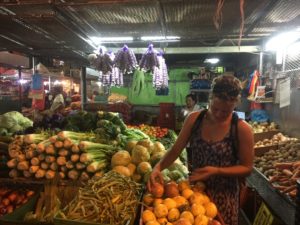
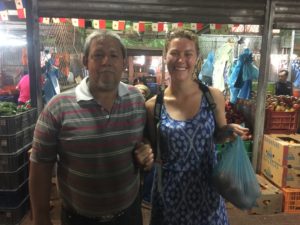


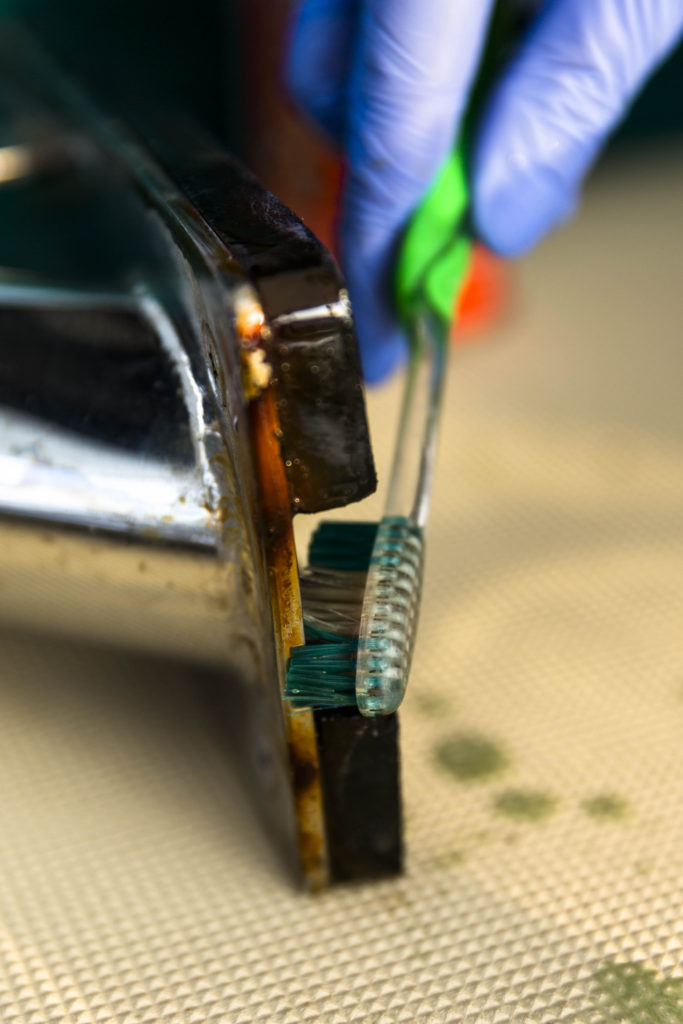
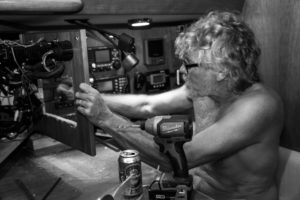

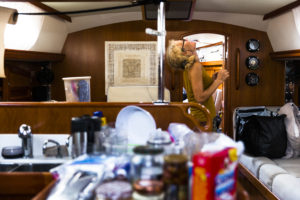
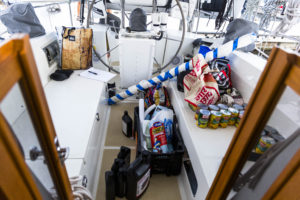

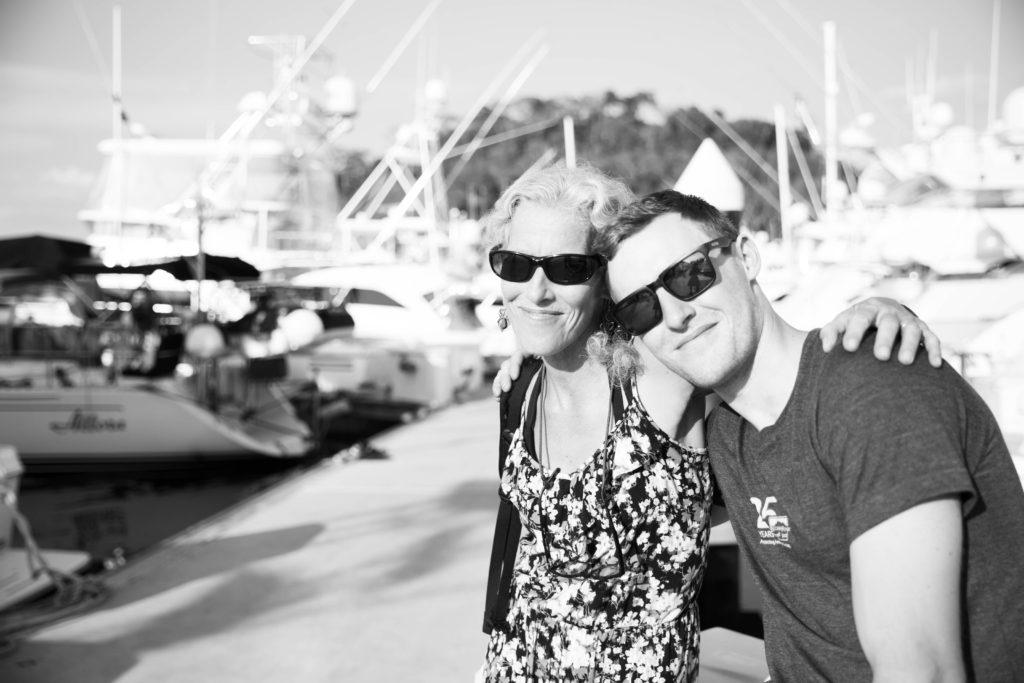



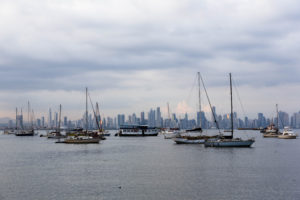
When we see Panama City again and go through the canal from the east to the west, we will have crossed our path and circumnavigated.
One ocean at a time …
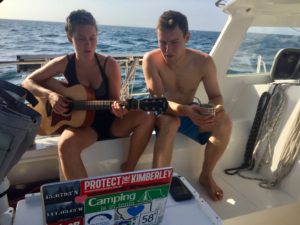
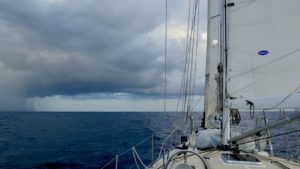
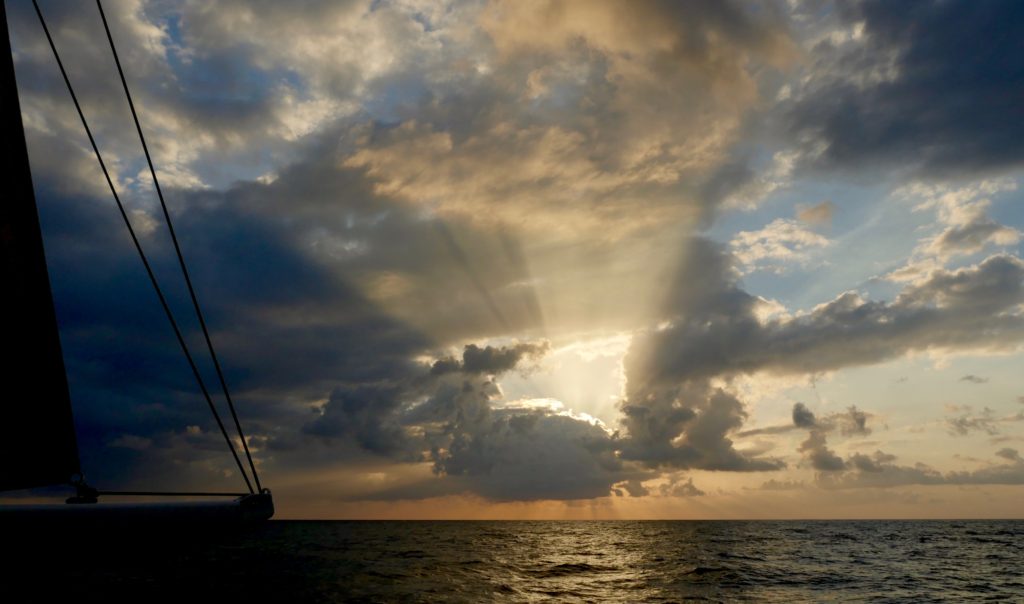
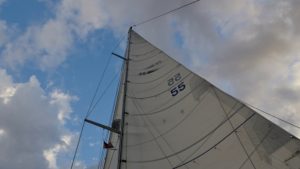
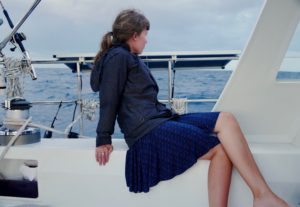
Wing and wing, like a butterfly
skittering across the cobbled seas,
more peaked and jagged than I expected
and even more blue that I could imagine
blue is the only color and then shades of white or black
liminal green in sparkles and rolling balls of bioluminescence at night
I’m glad our boat is not blue,
our skin is lightly tanned
the Hydrovane (auto tiller) is bright red
less and less of the food has been green
the tuna is an impossible dark tuna red
she had bright yellow fins
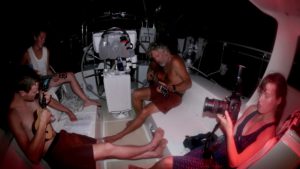
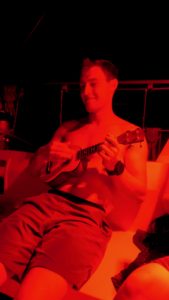

Only three days in, this sea feels endless but also small. On top of the biggest roller there is a limit to the ocean we can see from our low vantage point. We can sense only a little of its size
that may accumulate over time as a visceral impression, but not a visual one. Thinking about Slocum doing this alone there is no way to adequately describe the hours or the way daylight seems to pass so quickly.
We’re learning about our garbage because we have so little space to store what we can’t throw into the sea. We cut up plastic bottles, well rinsed to keep stinky food out and minimize the size of bundles we’re storing in “the cave,” the farthest aft compartment of Allora. We can also translate the power needs of our computers into trades we make:
water for showers or fuel that should be reserved to find wind if we’re becalmed.
The more technology we depend upon, the more frustrations we incur —convenience versus the aggravation of computer bugs. The Multifunction Display (MFD) which we use for navigation after weeks of gumming up and going on strike (just as we departed on our longest voyage) has decided to behave. What changed? The heading sensor, which seemed to live in its own special magnetic world, for months now, currently seems to know which way is southwest. Which is nice. Of course, now the radar is taking a sabbatical, shutting off whenever it feels like it. Really, though, we need the Raymarine systems least now for this kind of navigation, offshore.The iPad would be fine except for keeping a log of our miles. The AIS (which gives us the position of other boats and ships close by) is mostly irrelevant. (In the end, we only saw 3 other boats on the ocean between Panama and the Marquesas). There is not much chance some blue triangle might pop up on the screen, like the hordes of tourist boats did at the Galapagos, then winked out like stars as we lost their signal sailing away. We are in satellite contact (email) with an Italian boat that we know is less than 50 miles ahead of us, on a nearly identical route. They want to know our position, if we have any weather info (the wind is blowing?), have we caught any fish?
Yes, two dorado, the small one released, the other brutally murdered in the cockpit (blood everywhere) and turned into Ceviche. Yum.
The seas have been bumpy, yet bigger before and calming a little now, though still scrambled
with millions of little peaks like meringue. Thinly overcast this morning with textured clouds, alto-something-or-other. Crackly rattle of the SSB tonight, we’ll hear from a few other boats this morning: position, wind, speed, fish report.
Last night on my watch, I turned the running lights off and covered the instruments. Big starry sky, crescent moon set around 9:00. Happy Allora, whisking along, 700 miles from the nearest land, still over 2000 miles to go! I’m grateful to have lived a life that includes sailing a boat across the sea, the visceral awareness of this place, this space.
~MS
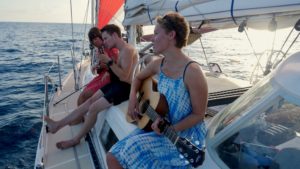
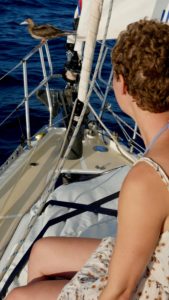
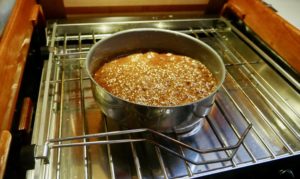

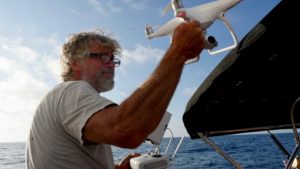
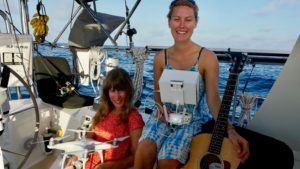

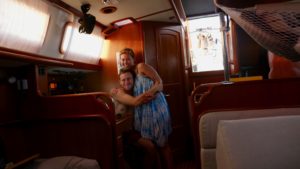
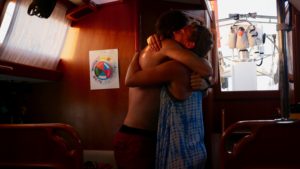

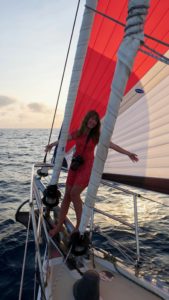
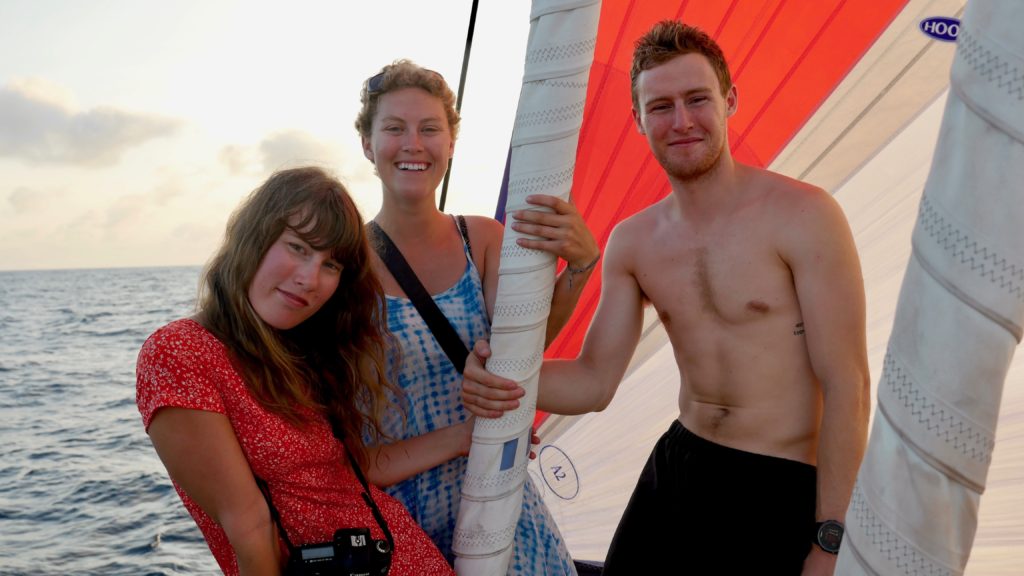
Haley’s Panama visit 3/2017, Las Perlas Archipelago
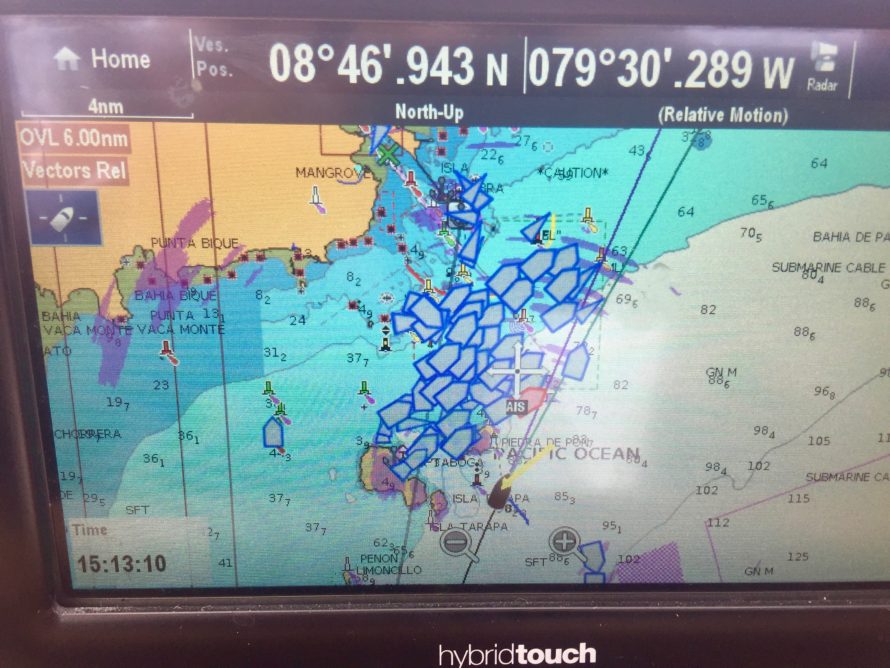





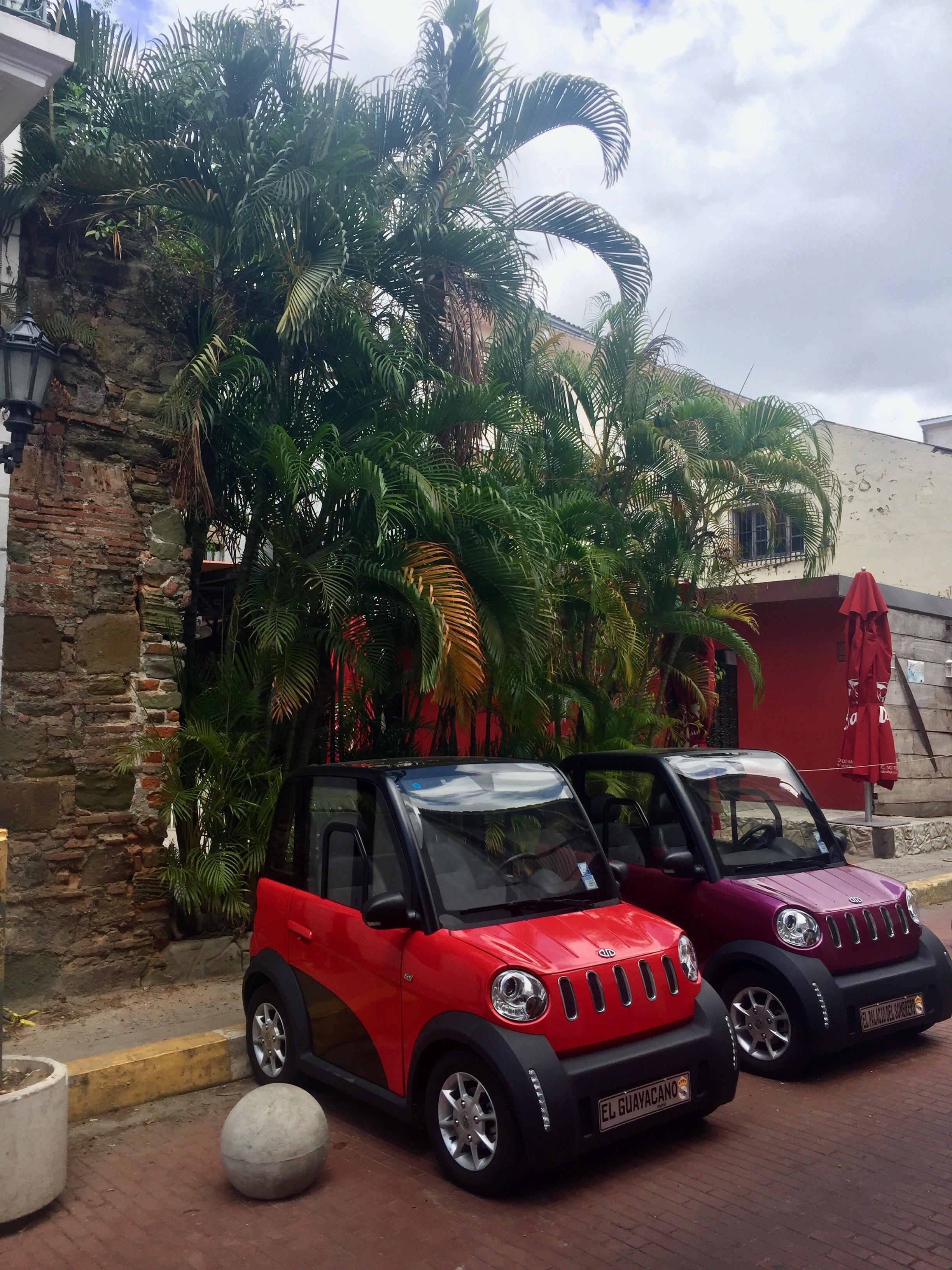








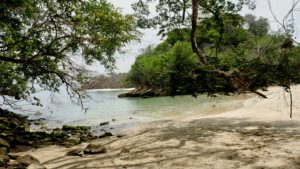
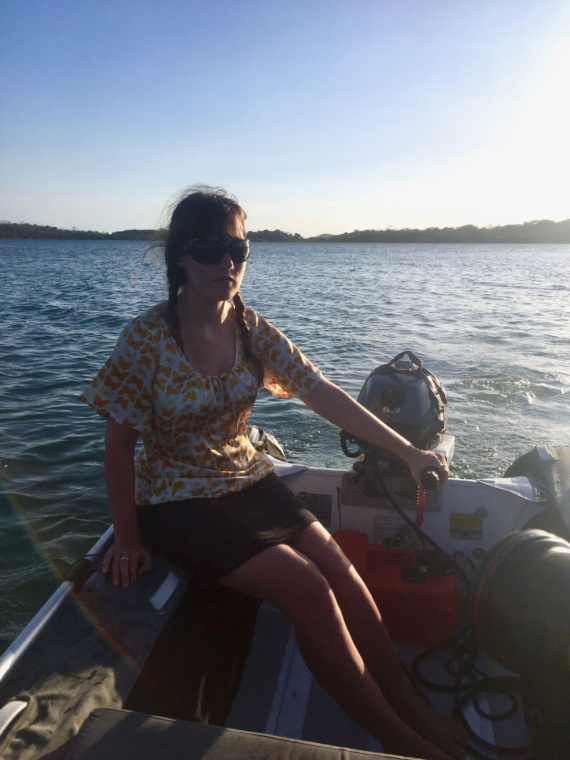
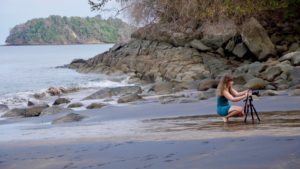













Western Panama Play
We’ve been having so much fun exploring in Panama that we haven’t taken the time to embellish these images with words – sorry, but if you look at these pics, you’ll get it! At present moment, we are ‘on the hook’ at Ensenada Benao (famous surf spot) in Panama, awaiting a weather window to round Punta Mala (aptly named, in my mind at this point) into the Gulf of Panama. On the 7th of March, we have an appointment at the French Embassy to obtain a long stay visa for French Polynesia, and Haley’s coming in from NY. Feeling pretty lucky to get to celebrate her 25th birthday together on the 9th! Pretty soon, all 3 of our crew members will be gathering to prep Allora first for the passage to the Galapagos and then beyond to the Marquesas.
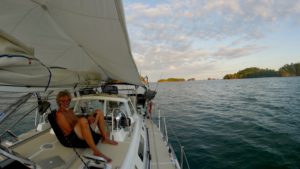

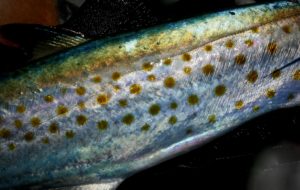

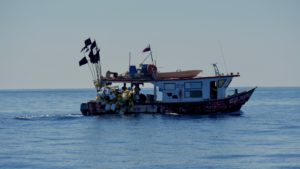
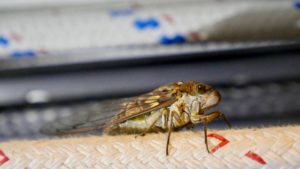
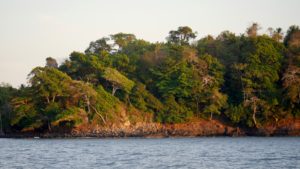
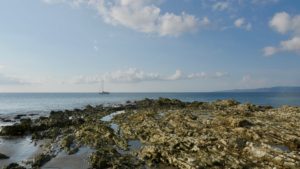
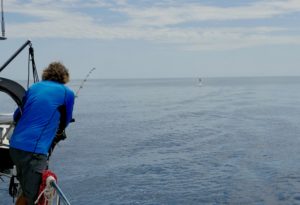

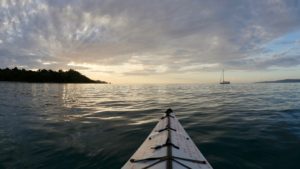
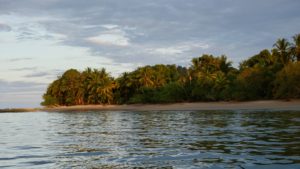
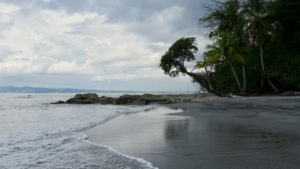
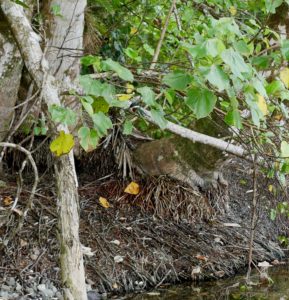




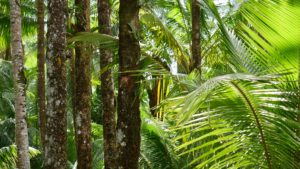
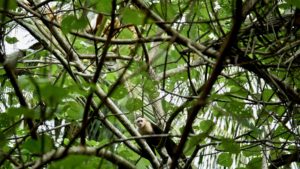

 Pargo (red snapper) for dinner.
Pargo (red snapper) for dinner.

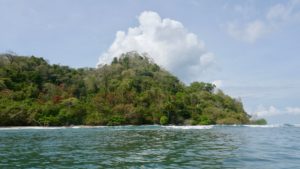

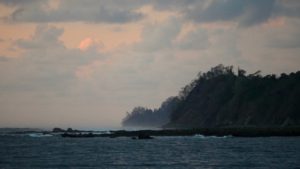
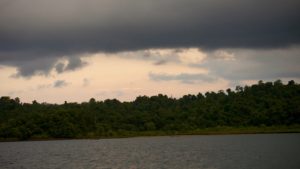
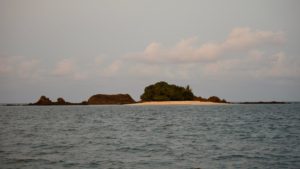
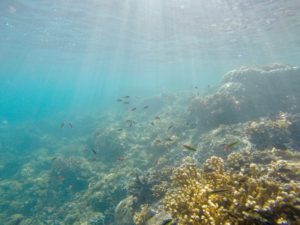
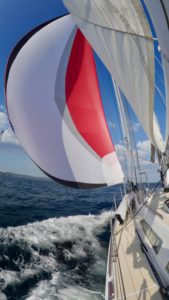

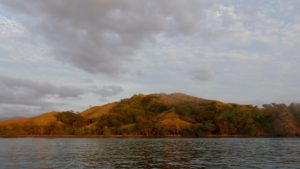

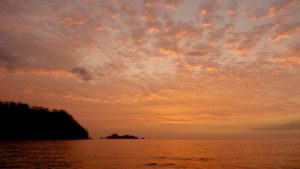
Mamas from the Mainland!

We stayed at Marina Pez Vela in Quepos for just one night and then left at first light for the long day sail to Bahia Drake, Osa Peninsula.
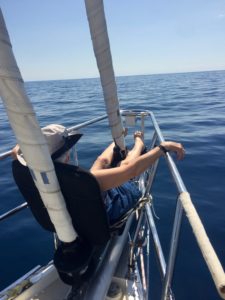

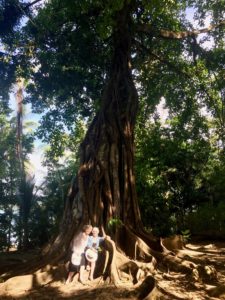
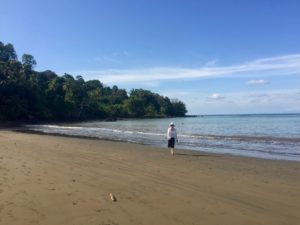



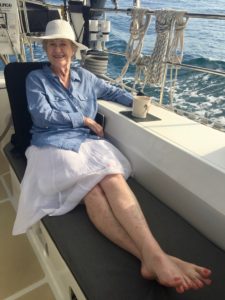
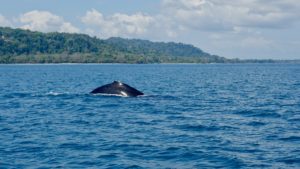

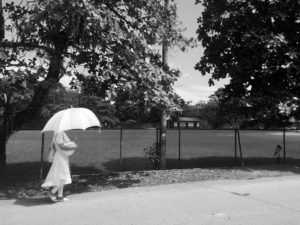

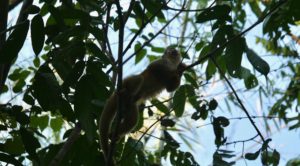


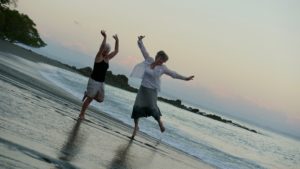
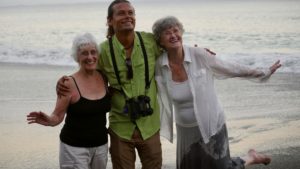
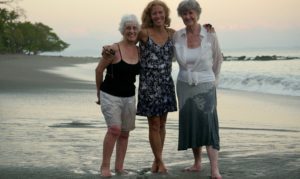
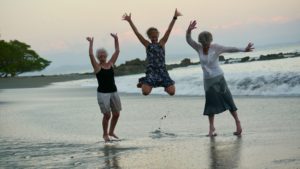
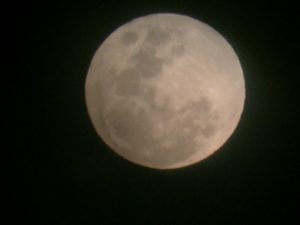
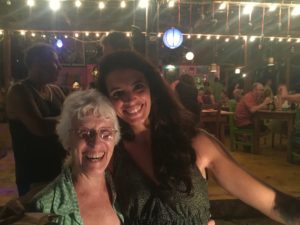





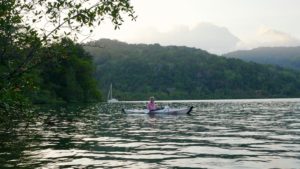
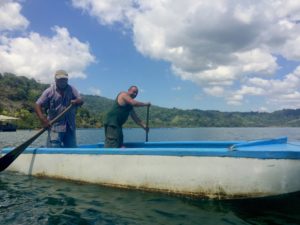

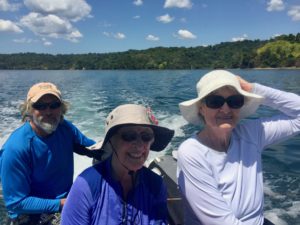
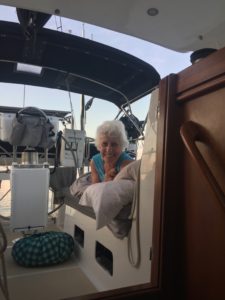
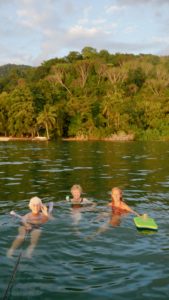

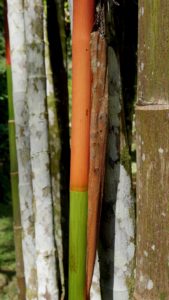
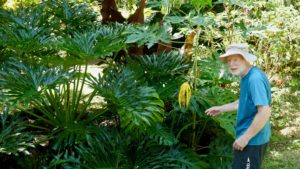

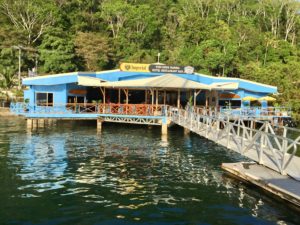
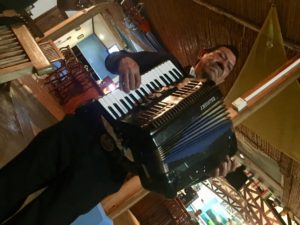
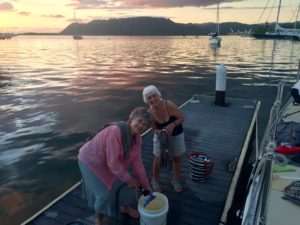
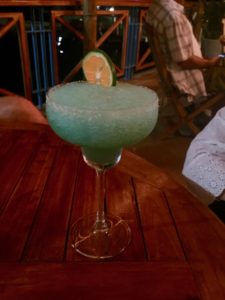
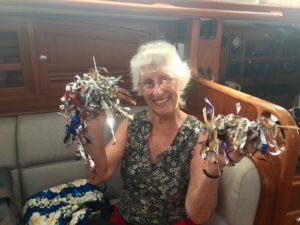

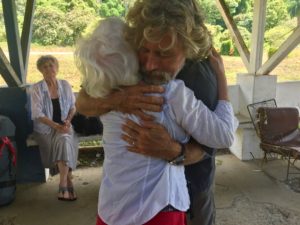
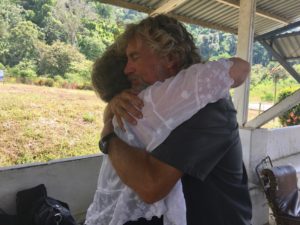


Sailing southeast – El Salvador to Costa Rica
Our hearts ache without our GREM!! BUT, (and this is a pea sized consolation) – there is quite a bit more space aboard s/v Allora! Haley was going back to March in the DC rally and Maddi was off to India, so we had to release them!! Having been more leisurely with our movements from Mexico to El Salvador, we now realized that our time is getting somewhat crunched, so our pace has to pick up in this next zone, which is regrettable. Weather really dictates many of our ‘should we stay or should we go’ movement decisions and it can be capricious. We’ll get a flavor of Central America; enough to know we could happily come back – on a slower pace.

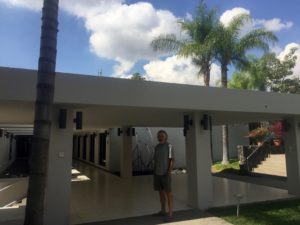


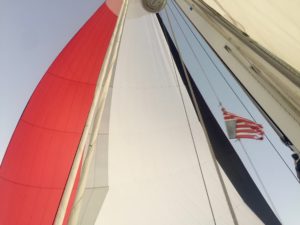



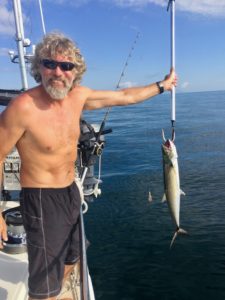


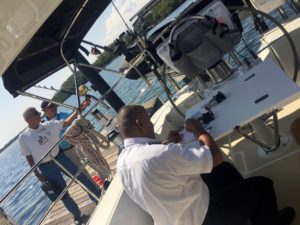
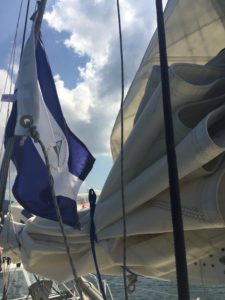
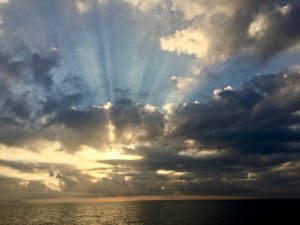

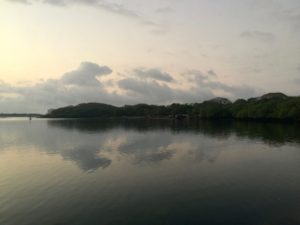
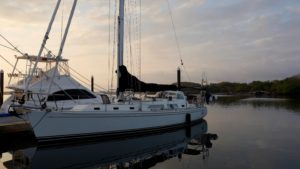
We took a taxi to the nearby town of Chinandenga to get some cash from an ATM to pay our check in fees. It was low light (late afternoon to sunset) and the driver was quite heavy on the pedal, so we whizzed by idyllic pastoral scenes of a Sunday in a Nicaraguan village. Nicaragua was basically a beautiful blur, as you can see in this smattering of shots from the bumpy cab window:
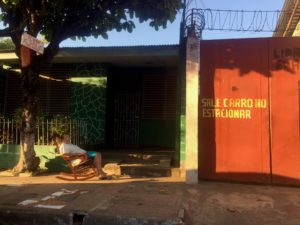
Costa Rica!!
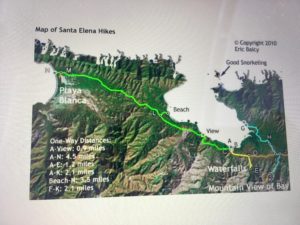
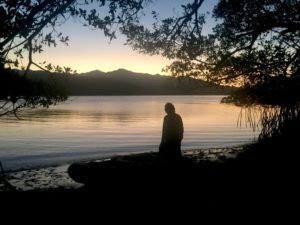
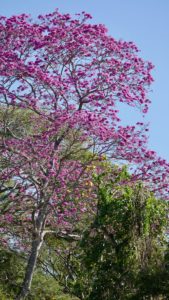
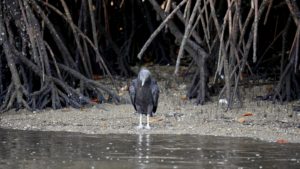



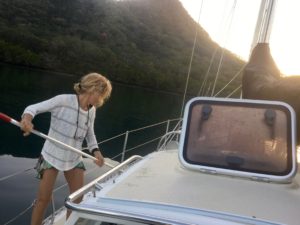
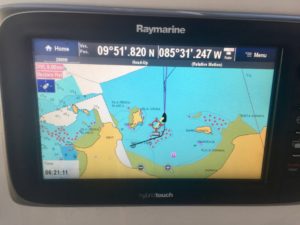
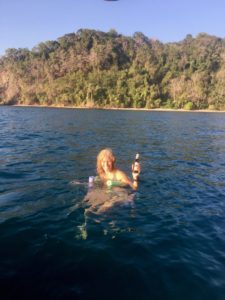
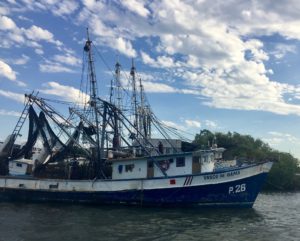
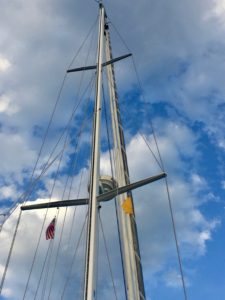
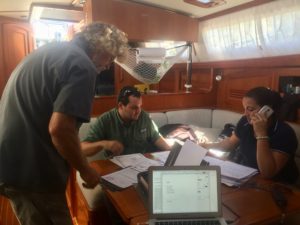
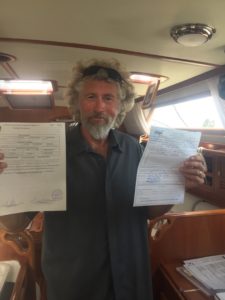


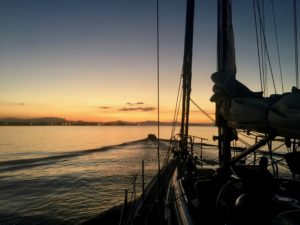





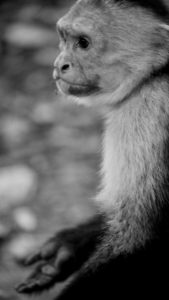


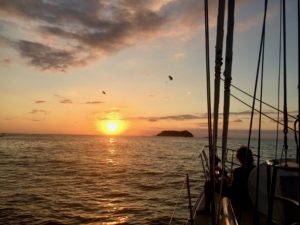
Drone On! Shoot 2 – El Salvador – Perspective shift
Drone On! Shoot 1 – El Salvador – Dream House
An irresistible location on the Pacific side of the estuary at Bahia Del Sol, El Salvador. The sun sets too quickly!!
El Salvador adventures!! 1/ 2017

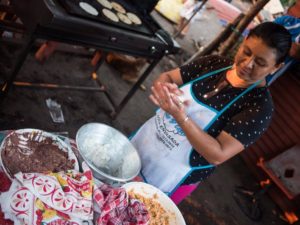
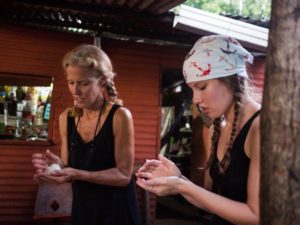


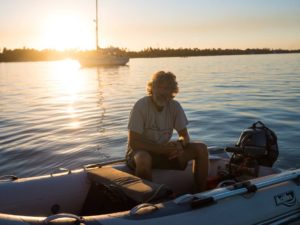
An excursion to a coffee Finca (plantation) around 5 hours from Bahia Jaltepeque, in a general NW direction. First, a stop at the beach surf village of Playa El Zonte for a traditional breakfast and a beach walk (the Auntie of the driver we’d hired ran the place. His cousin was the local surf hero).
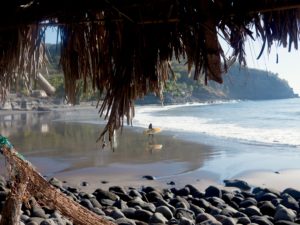




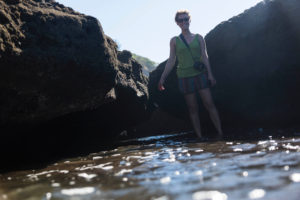
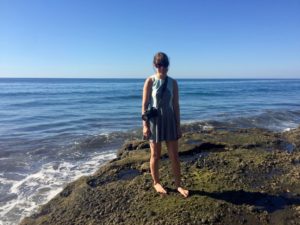
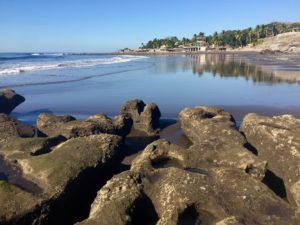
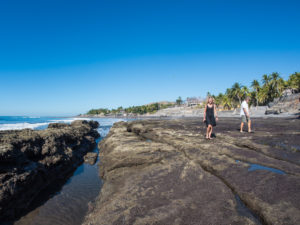
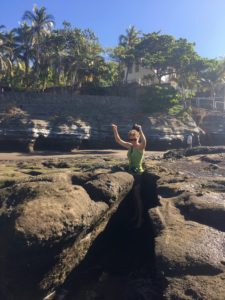

On the drive up to the coffee plantation we passed this mound of color and I first thought it might be recycled glass. I asked Enrique if we could remember the exact spot and stop on our way back. On the sign it says, ‘Protect our environment.’ The material is shredded plastic. Although they are recycling, this endeavor sits alongside a busy road with countless trucks flying by to disperse untold amounts of the stuff into these beautiful agricultural hills. Well, one bag less, as I bought some for a mosaic (which will hopefully address the scourge of said plastics).

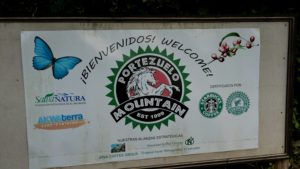
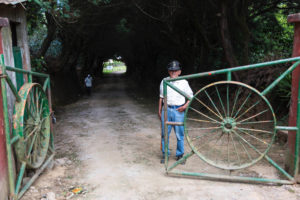
Leaving Mexico for Central America, with Haley and Madison as GREM!
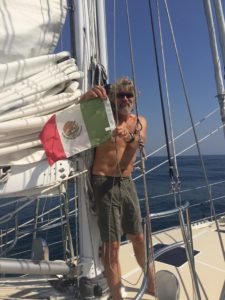
On one of our first passages, I was typing labels for our personal flotation devices (PFD’s) without my glasses, so I asked Maddi if what I’d typed said, ‘CREW?’ Guess it didn’t! That laughing went on awhile, but the term has stuck and now whenever anyone comes to help out aboard Allora, we call them our ‘GREM!’

Just a mile from Rio Suchiate on the Mexico/Guatemala border. Allora’s been in Mexico for 13 months, which is at least double the time we thought we’d stay. Spanish is still embarrasingly slight, but you’d want us on your charade team. I am sure I’ve said, ‘Lo Siento’ (I’m sorry) far too often, with ‘mucho gusto’ coming in a close second. This part of the world makes me want to be a young backpacker again!

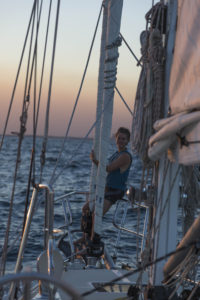
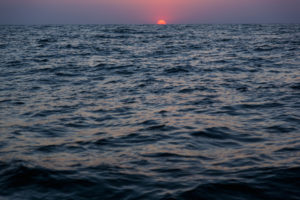


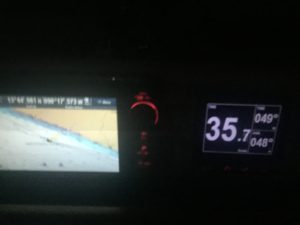
Like many sailors we were so focused on crossing the Gulf of Tehuantapec, we didn’t think a lot about the Papagayos until we left Chiapas. We heard they were frustrating and unpredictable, and they didn’t disappoint. Our first brush with them came farther north than their usual haunts as we sailed passed Guatemala. The wind jumped from nothing to the twenties in a matter of minutes. We’d been lulled by the forecasts and the calm weather into sailing further offshore than the recommended strategy and so we headed back in before the wind waves got too rough. The breeze was on our beam, but we we were going to have to turn into it to continue on toward El Salvador. On the other hand we could run off, 20 miles in the wrong direction, and find a spot for the night in Guatemala’s one marina, Puerto Quetzal, then wait for a better forecast for the next day. We gave it a little test, but no one really liked the idea of slamming into what was now 27 knots (plus) for who knew how long into the night. We decided even if the wind didn’t die down, it’d be more pleasant in the daytime. We had heard negative things about Puerto Quetzal – like they weren’t welcoming, or there was a coal plant nearby that dropped soot on your boat. They might have mentioned before complaining about the mood of the place that the docks are complete SHIT, totally unstable and completely inadequate for any boat over 30 or 35 feet. They didn’t have ‘surge,’ they had full on rolling waves that would have made an anchorage unpleasant. We had every fender out and zig zagged a 300 foot line across to another dock to try to hold Allora off and still she was slamming into the slip and the mast was rocking back and forth through a ridiculous arc while Diana tried to negotiate a deal where we could spend the night, but not have to “check in” to Guatemala. Though the port captain said we were okay, the marina people were not cooperating. I couldn’t imagine getting a wink of sleep at that slip, so we decided to forget it. We untied our lines and backed out of the slip fast to keep from hitting a piling as the wind gusted and waves surged. We’d back tracked two hours for nothing. And I still had a dorado to filet (it would have been easier at the dock). Diana took the first shift, but I was up with her by midnight. The winds were 37 knots and you couldn’t peek out from under the dodger without getting drenched. Allora slammed into the seas to get in close to the beach. Everyone later assured us that these were unusual winds, that the Papagayo’s never came that far north. So special treat for us. The bar crossing into Bahia del Sol was mercifully uneventful even though it was still blowing over twenty. We were very happy to get our welcome drink and tie up and that cozy Marina.
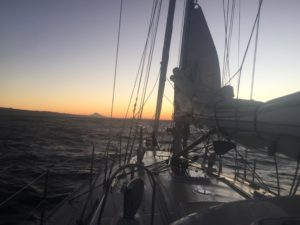
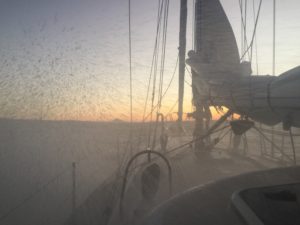
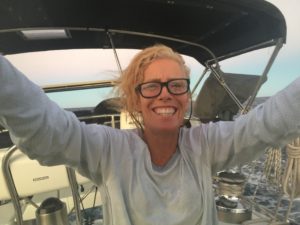
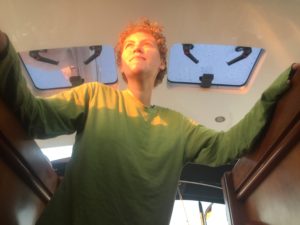
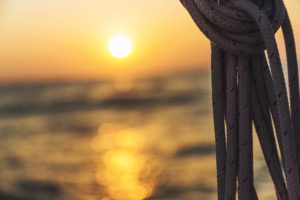

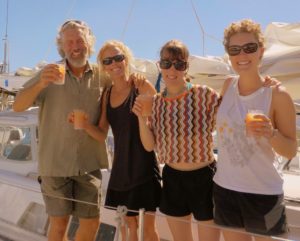

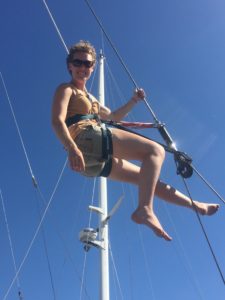
(See the Drone blog post with more mast/Bahia Del Sol pics!)

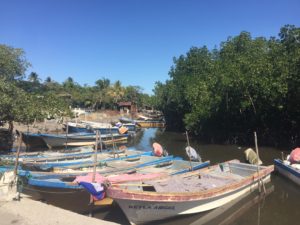
Nap time:

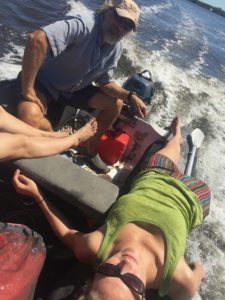
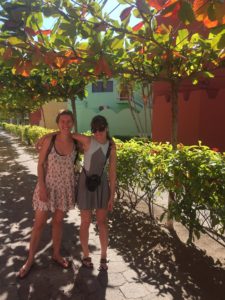
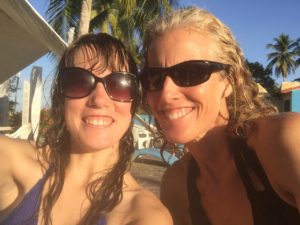
A short walk across this spit of land and we are back on the Pacific side; a different perspective than looking at this from the sea as we came in. LOVE THAT!
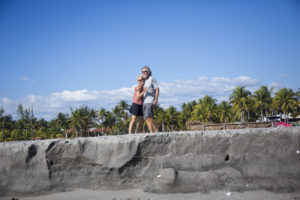
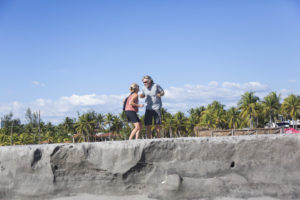
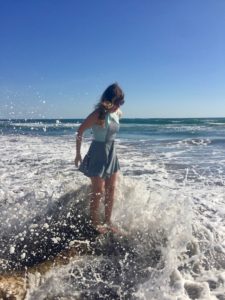
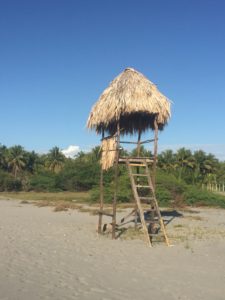

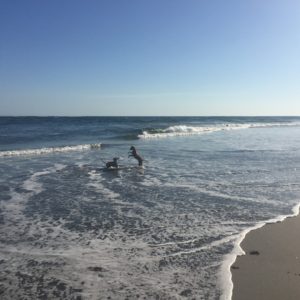

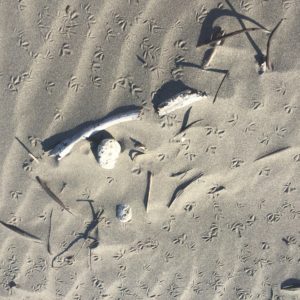
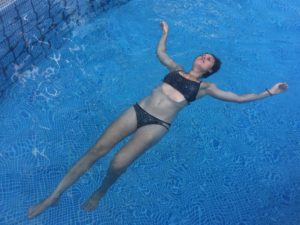

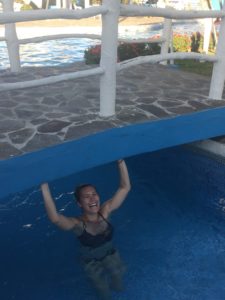
A glimpse of the island of Cordoncillo in Bahia Jaltepeque:
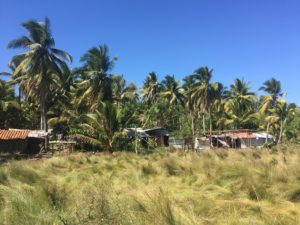
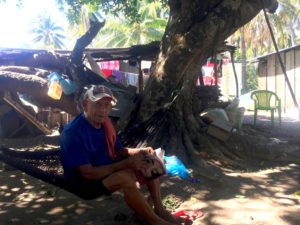

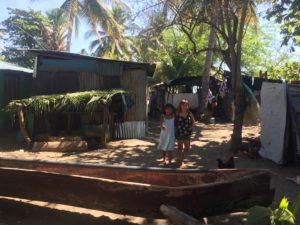
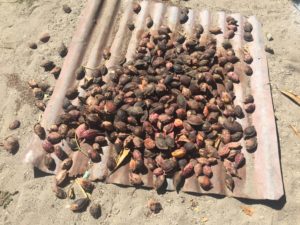
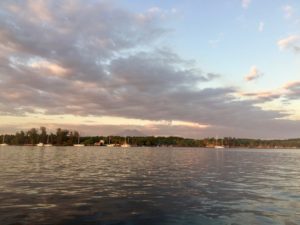
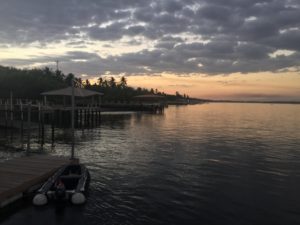
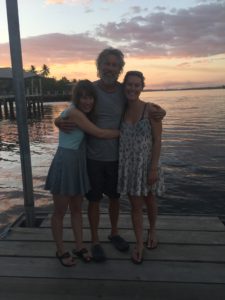
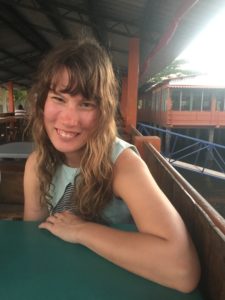
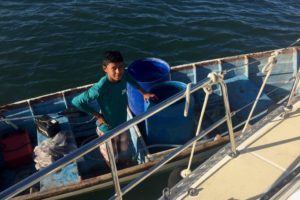
We took a short dinghy ride over to the nearby village on stilts, called “Tesajera” for lunch. There were about 15 different options, but Bill and Jean (cruisers who came to Bahia del Sol and never left – they now run the El Salvador Rally) had their favorite to share. Other options were McDorado and the one they called ‘Hooters,’ spelled Juurers.
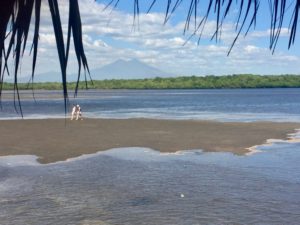

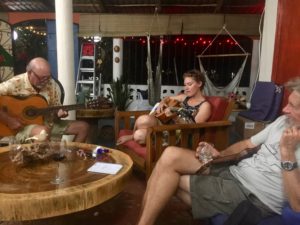
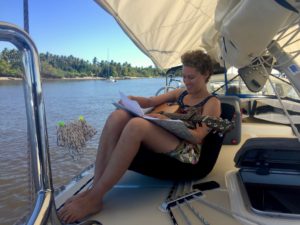



Road trip, Guatemala! (Antigua and Quetzaltenango/Xela, in the Alto Plano)
We’d heard that the only marina in Guatemala (only an hour from Antigua) wasn’t a really hospitable place for yachts, so we opted to hire a car/driver from Tapachula (Puerto Chiapas) to take us the 7 hours or so to get to Antigua, Guatemala. Turned out to be a good idea and we were able to see the landscape of Oaxaca in Mexico and the western side of Guatemala. The border crossing was fine, but the woman officer helping us was in a pretty grouchy mood until a gecko landed on my head – my shrieking made her laugh and she then warmed. Bienvenidos!


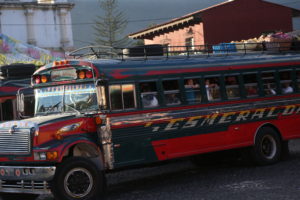
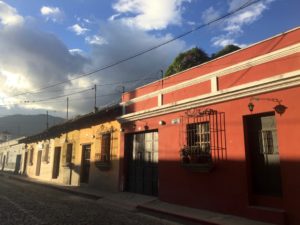
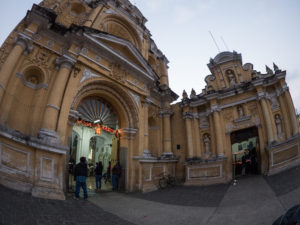

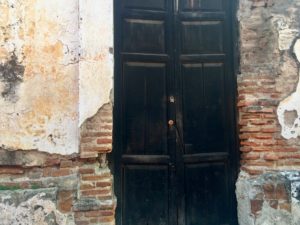
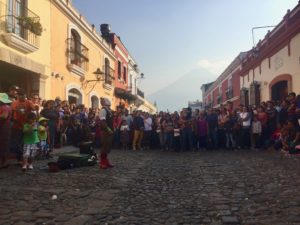

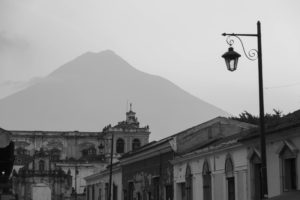
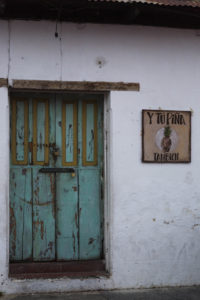
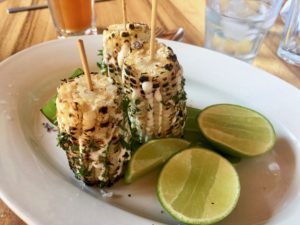

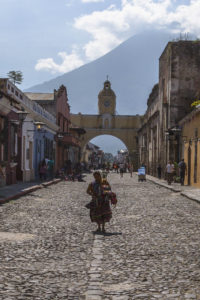
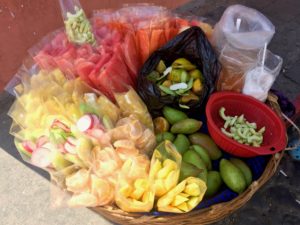
Volcan Acatenango and Volcan Fuego expedition – SEE blog post!!!
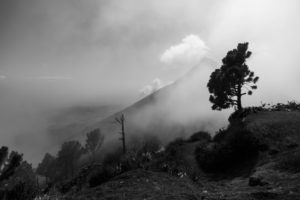
New Year’s Eve in Antigua:
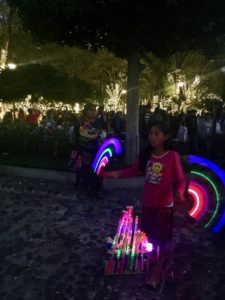
Ten New Colors
“The lakes and rivers that no one had discovered in these virgin jungles of America, ripple dunia waters, which will no longer be so when the are seen. Dunia… Dunia…. Dunia
— Otto-Raul Gonzalez (painted on the wall in original Spanish and English translation at a tiny little bar, Cactus Tacos in Antigua, Guatemala)
We were drawn in by the live music, eight people, sax, drums and guitars, two back up singers, jammed in the corner. Actually I was drawn from a block away by the look of the outside, totally surprised Diana and the girls (who know me better) by insisting we cut across to check it out. It didn’t look like you could fit another person in and we chickened out, but then were drawn back and crowded in around a small table. The elbow to elbow band were all friends, jamming for New Year’s Eve. A woman Diana’s age came over, the owner of Cactus tacos, excited to see if we liked the music and to tell us that the young woman mesmerizing us with a solo was singing in public for the first time. The bartender wore a T-shirt: Trump es un Pendejo. Yep.
A mural of the Mexican revolutionary, Zapata on the wall behind the band, lyrics in Spanish and English.
I kept re-reading the quote on the wall. Dunia, dunia, dunia… It haunted me. I had no idea what the word was, but it seemed like the perfect word for an indescribable idea. Something that is gone if it is witnessed. I didn’t know the poet who wrote it was describing a color. One of ten new colors.
Maddi did a little Internet search that night, Otto-Raul Gonzalez was once minister of land reform in Guatemala, way back in the 50’s or 60’s, when Guatemala’s government was overthrown by the CIA. He was exiled to Mexico where he continued to write.
Where else might you find one of his books, more about “Dunia,” than some bookstore in Antigua, and the most famous/infamous one, attached to the No Se Cafe (where you get a free bear with each purchase). A warren of rooms trying (maybe a little too hard, maybe) to capture that speakeasy feeling. A Mezcal bar with a two shot minimum. Illegal Mezcal. Another tiny bar with live music, a woman with a beautiful Alto voice accompanied by a fiddler. Dim, dim, dim.
The guy in the bookstore, who works there primarily for free drinks, was surprised to hear us ask about Otto-Raul’s poetry. He’d heard of a translation of Diez Colores Nuevos, and he even thought he might have a copy and searched the little bookstore, but eventually decided that he must have loaned it out. He gave us a note for two free beers for a couple of other titles we purchased from the eclectic mix.
He could only think of one person who might have a copy and it was the woman who owns Cactus Tacos, Otto’s daughter!
She was delighted to see us again, and even more so, to learn we came looking for her father’s book. She told us a little bit about him, about growing up in Mexico City, his sense of humor and about his emotional ties to his exiled country. He asked for his ashes to be scattered on Lake Atitlan, but was careful to tell his children raised in Mexico that he meant the small lake of his childhood, not the big lake that draws tourists from around the world. She got a little teary-eyed remembering him, and I think our interest really meant a lot. She signed and gave us one of her last copies, along with a round of tequila shots, pictures and exchanges of Facebook info. Our trip to Guatemala was brief, but left us with a bit of poetry that will resonate for a long time.
Here’s Dunia from Diez Colores Nuevos:
Dunia are the smiles which lovers
exchange like fools
Dunia is the flower which never looks at itself
and dunia, too, is the first smile
of a new born child.
Dunia is the color of all the immaterial,
the color of absence
the color of goodbyes
and the color of music and poetry
when they go for broke.
The skin of a colt or calf
three days old is an intense dunia
the same as an embryonic pearl
the stars that can’t be seen from Earth,
closed petals of flowers
and the eyes of babies sleeping
in their mother’s womb.
What has never been touched is dunia
like the atmosphere of mirages
and the feathers of birds
we hear singing, but can’t see
The lakes and river that no one has discovered
in these virgin jungles of America
ripple dunia waters
which will no longer be so when they are seen.
Dunia… Dunia… Dunia…

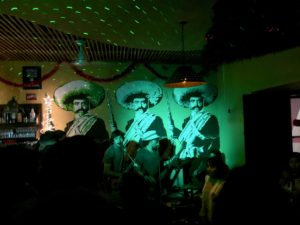
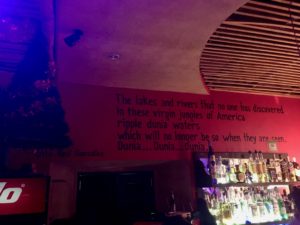

(Cafe I don’t know).

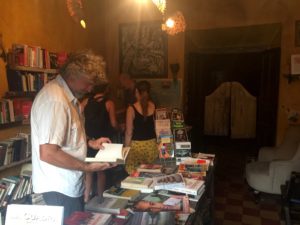
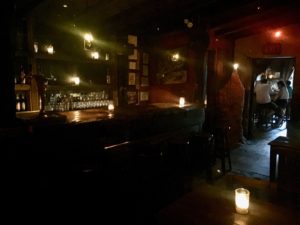
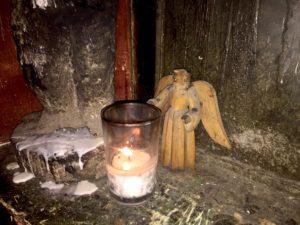
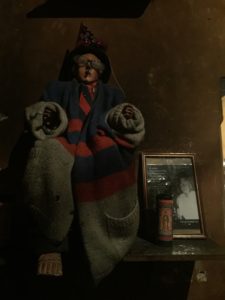

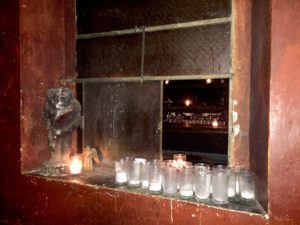
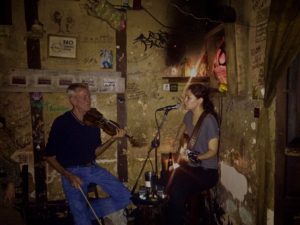

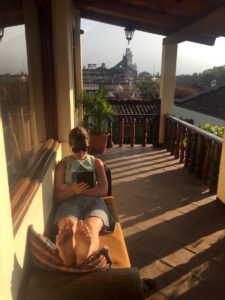
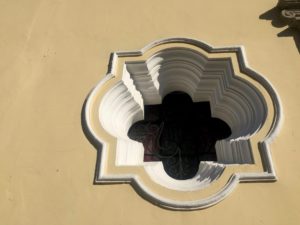
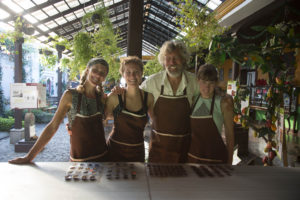

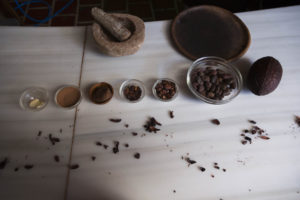




We took a shuttle for around 4 hours to the Central Highlands’ Alto Plano town of Quetzaltenango. Never did see a quetzal bird, but did manage to spend some of the local currency, called quetzales.

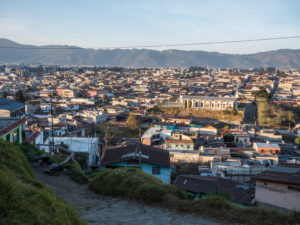
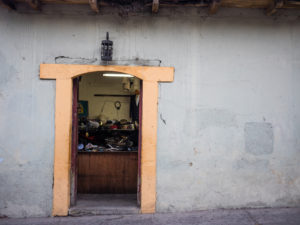
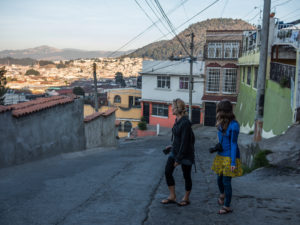

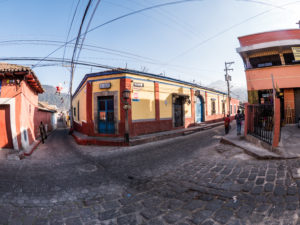


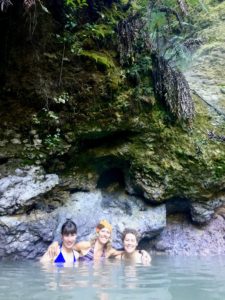
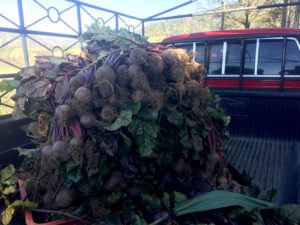
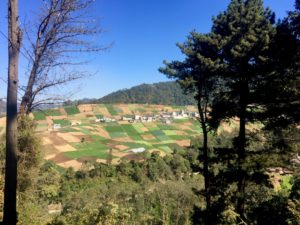
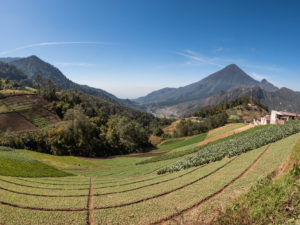
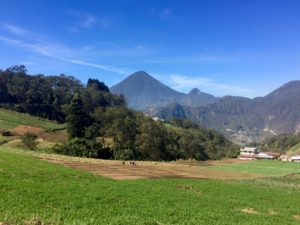

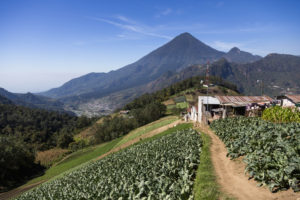
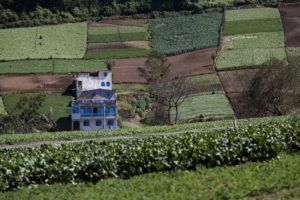

Volcan Fuego!
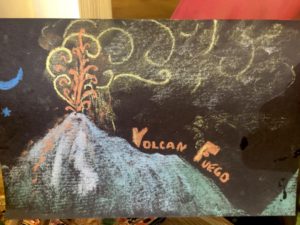

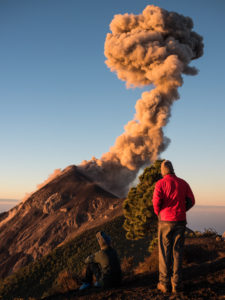
Blue sky belied the howling wind, which caught my breath as soon as I stepped out of the van that had brought us to the volcano. Already lulled into tropical complacency after a couple weeks in the heat of coastal waters, the chill bite in the air nudged a small knot of apprehension. Buck up. I told myself. You’re used to the cold. I bounced on my toes to warm up and tried to remember that I’d be warm as soon as we started moving. Shouldering our packs with calculating a glance up the slopes, we started climbing.
From the outset, Volcán Acatenango rose at an unrelenting angle, the trail eroded by the footsteps of curious visitors, laden porters, and then washed away annually in the torrents of the rainy season. As we began to trudge ever upwards through the cornfields, a scruffy pack of local dogs followed close on our heels, willing to make the trek in hopes of acquiring our leftovers along the way. Their unusually healthy appearance suggested that it was probably worth the hike, more often than not. Some say the first ten minutes are the hardest. Our guide, Lando, opined that it was the first hour that felt interminable, and I’m inclined to agree. Passing by relieved hikers on their way down, we asked “how was it?” to each group in turn. “Coldest night of our lives,” they responded, a little shell-shocked. Gulp.
As we climbed steadily, the landscape changed. A patchwork of farmland gave way to the chaotic tangles of the cloud forest – dripping, lush, sounds muffled yet conspicuously loud with life. We passed a tree that had seen a millennium and a half pass by, seen the volcanoes erupt and ecosystems adapt to accommodate the changes, yet stood unscathed. At ten thousand feet we stopped to enjoy a cup of strong coffee, prepared by locals who carry the supplies up here each day to make a business out of delivering energy to weary hikers. A short but brutal push up the six hundred vertical feet of “record hill” brought us suddenly out of the cloud forest and into the sub-alpine zone, offering a breathtaking view of the Guatemalan highlands dotted with volcanoes.
A stunning traverse along Acatenango’s flank brought us to “Vista Camp,” our base for the night. As we turned the corner the summit of Volcán Fuego came into view, intermittently shrouded by racing clouds. The wind still howled, though hugging the slope offered meager protection. A couple of determined dogs who had followed us from the base waited patiently to be rewarded for their efforts. After a couple of hours rest to set up camp, catch our breath and stave off the first signs of altitude discomfort, we set off to climb the knife ridge of Volcán Fuego, hoping for a closer look at the periodic puffs of smoke and crossing our fingers for an eruption, despite the volcano’s recent inactivity. The hike to the ridge promised to be grueling: 1,300 vertical feet down to the saddle between the two peaks and then up another nearly 1,400 feet up the slopes of Fuego all in under half a mile. Then we’d have to do it all over again to get back to camp, in the dark.
Forty-five long minutes later, we stepped sweaty and panting onto the knife ridge. The tousled hummocks and stunted trees of the sub-alpine zone gave way suddenly to a quasi-lunar scene. Barren and windswept, Fuego’s ashen slopes plummeted thousands of feet into the valley below. Towering cumuli with scintillating edges rose above and around us, enveloping the sunset below. Wisps of fog chased us along the ridge, gone as soon as they came, opaque for the briefest moments before the mountain appeared again. Quiet for the time being, Volcán Fuego still struck an imposing figure above us from the ridge. From close up we could see the paths the lava had traveled, the fresh scars on the banks of the mountain. And all around the panorama of the Guatemalan highlands. It was breathtaking. We wandered and spun around and dropped our jaws in awe, and smiled and huddled (extra hugs for the birthday guy!) and tried to document the indescribable.
Finally, our chill got the better of us and we started the long haul back to camp. On the trail leading to base camp on Acatenango, a passerby with a penchant for cliché had graffitied No sabes que tan fuerte eres hasta que ser fuerte es la unica opción. You don’t know how strong you are until being strong is the only option. How painfully right he was. From the saddle Haley and Mom battled the viselike grip of altitude sickness with iron determination, struggling up every inch of the relentless mountain. With each push skyward, the relief of a moment’s rest. Another climb, encouraging words from Dad and I (the cheerleading squad) and a bouquet of flowers for each from our thoughtful guide. Behind us, shrouded in fog, Fuego’s cone remained silent and dark. Out of the blue, Haley (in the midst of an impressive second wind) shouted. “Fuego! It’s Fuego!!” I looked up from the trail, excitement bubbling. Above a ledge, less than 50 feet ahead, an orange glow flickered in the darkness. I scrambled for a better look. Hesitant to spoil the excitement, Lando informed us that what we were staring at was a campfire, not a caldera: good news in a guise of disappointment, we were almost at camp. A final push and we cleared the ledge. Applause rang out through the campsites. For a confused moment we thought somehow they were cheering for Mom and Haley’s herculean effort, then we turned. This time there was no doubt what we were seeing. For the first time in over a week, a fountain of lava spewed from the volcano with a thunderous roar as lava bombs the size of cars rocketed into the night sky, briefly free of cloud cover.
Simultaneously, Mom’s altitude sickness overcame her and she emitted her own Strombolian eruption. We laughed in disbelief at the synchronicity of this unfathomable day, and across the valley far below, the lava flowed again. Happy birthday to you, happy birthday dear Dad! Happy birthday to you. Chocolate cake, a sip of rum, (courtesy of Lando) and molten lava aren’t a bad way to celebrate, huh? Still considering a sunrise hike of Acatenango (depending on the condition of the group) we turned in early for a restless night.
An unmistakable rumble infiltrated my dream as my conscious mind slowly caught up. My eyes flew open with a start and I scrambled towards the door of the tent, frantically struggling with the zipper. “Fuego’s going off again!!” We crowded around the tent flap, eyes wide in disbelief, and watched the mountain rain fire. Lava chunks tumbled down the mountain. Even through the fog we were awed at the enormity of the phenomenon before us, the rivers of lava flowing down Fuego’s bare slopes, the impossible height of the towering effusion, lighting up the clouds. The night continued sleeplessly, with increasingly frequent interruptions. Each time we tumbled haplessly out of the tent to watch the eruption with wide eyes. Sometimes it was a flare beyond the clouds, diffuse and ethereal. And sometimes the sky was so clear that the ocean was discernable, miles away, where the lights suddenly stopped. Then we could watch each lava bomb roll and crack and ricochet down the mountain, till the echoes finally faded into the night.
Dad and I decided against climbing Acatenango in the morning in favor of staying in camp to watch for more eruptions with Haley and Mom, still suffering the effects of the altitude. Morning dawned cold and clear, and the sunrise over Agua lit our first daylight eruption, astonishing in its enormity. There was no lava visible through the tower of ash, but the sunlight cast a reddish glow on the explosion. Only a few minutes later the magic light was gone, the sky acquiring its bluebird hue as we packed up camp for the descent and those of us who were able ate breakfast. No coffee, for the fuel had been used up trying to make a fire (unsuccessfully) with our pile of thoroughly damp wood. We guzzled water (no reason to bring that back down with us) and got ready to start our descent, pausing periodically to marvel at the latest eruption.
One last Strombolian from Fuego: catastrophic, earth-shattering, wondrous. The very air seemed to quiver in the aftermath, the ghost of the last eruption suspended against the blue sky and the last dust settling on Fuego’s flanks. We turned to join the crowds of spectators on the trail, starting the long way down. From start to finish it was a knee killer: badly eroded, often slippery, unrelentingly steep. I jogged, the heavy pack jostling with each heavy footfall. We rewinded through the ecosystems in double speed. In a blink we were slipping through the mud of the cloud forest, and then the fields of corn rose to either side. Several times we stepped off the path to let the next group of climbers pass, relieved to be on the way down. They looked daunted and sweaty. I tried to be encouraging: “It’s worth it,” I told them with a smile.
Oh, and it really was.
Maddi Stevens
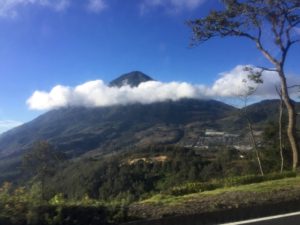


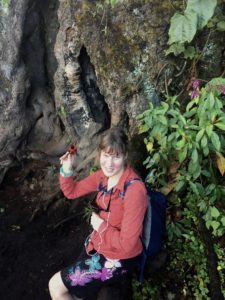

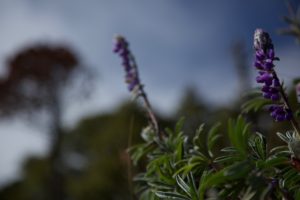
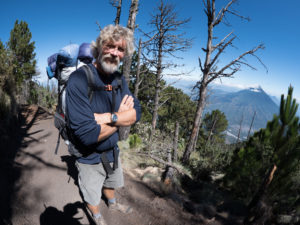
©MPS
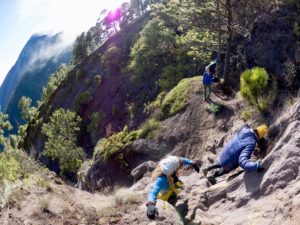
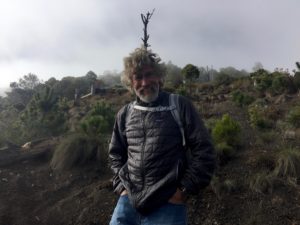
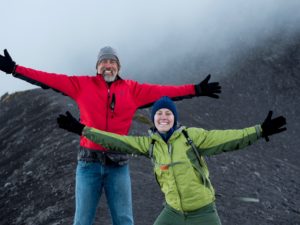
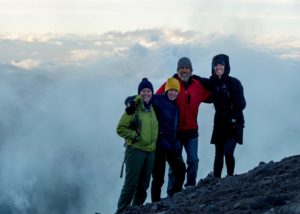
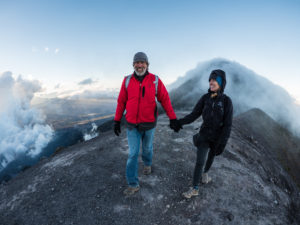
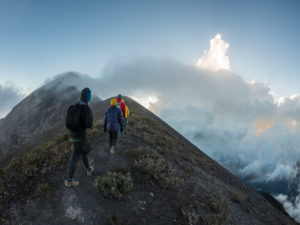
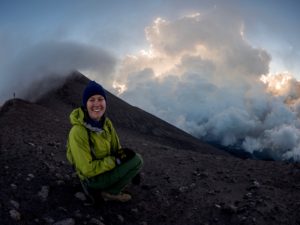

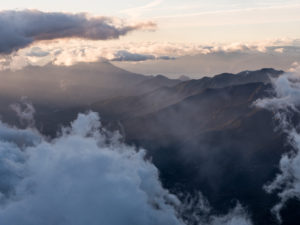
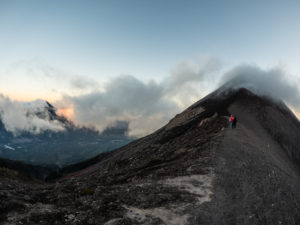
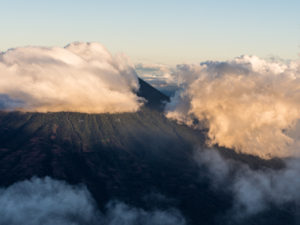
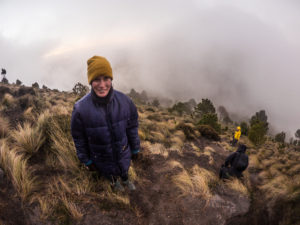
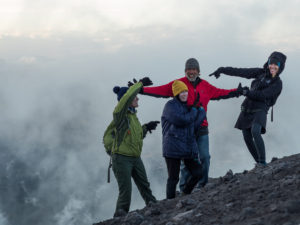
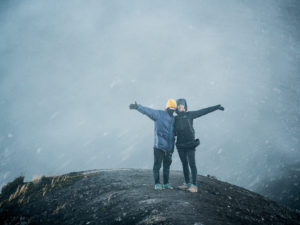
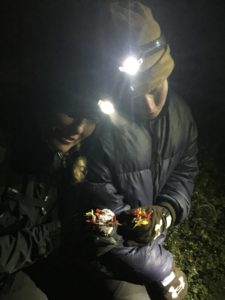
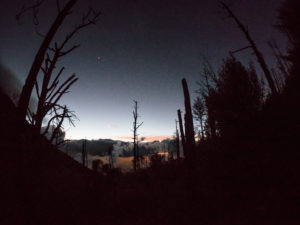
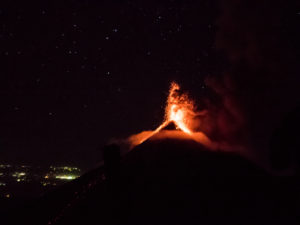
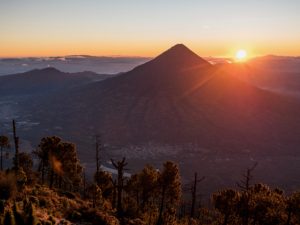
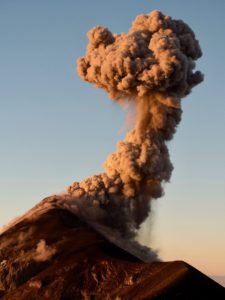
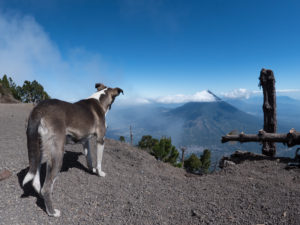
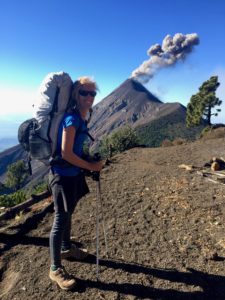
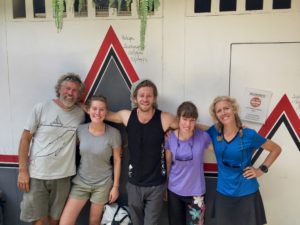
Huatulco and the Gulf of Tehuantapec (to Chiapas, Mx) with Haley and Madison!
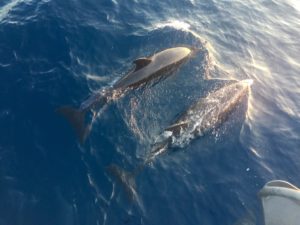
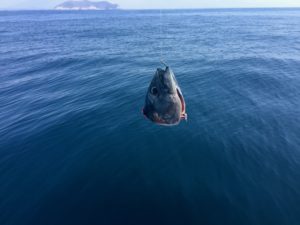
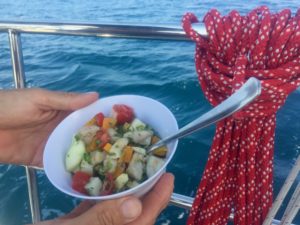

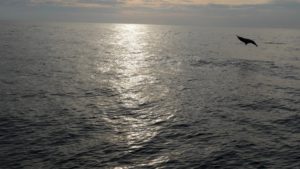
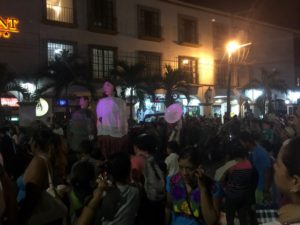

Grabbed this gem of a GREM!
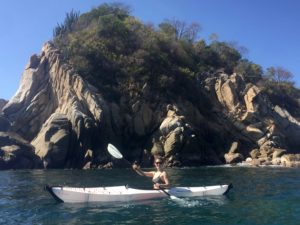
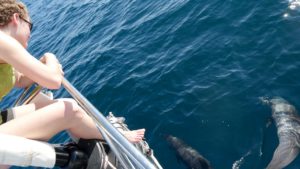

Art always helps. My Uncle Tommy died on my Mom’s 80th birthday.
Too far away to attend the memorial in Philly, we had our own celebration for my beloved UT.
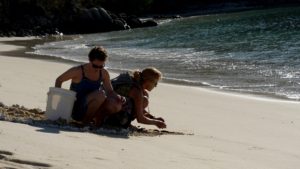
Creative mourning.
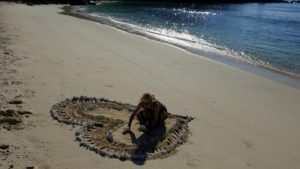
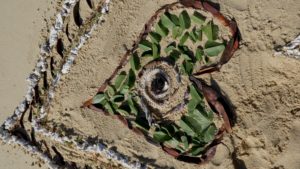
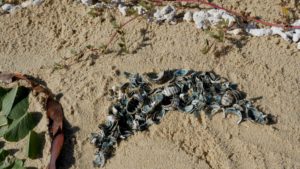
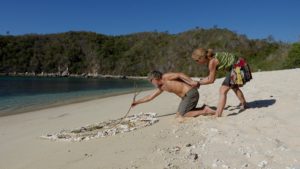
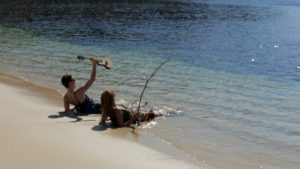
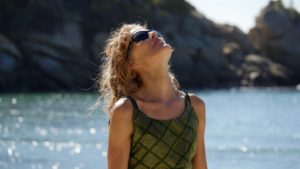
From our anchorage in Rescailillo, Huatulco, Mx, Marcus mans the drone (and edits this vid), Maddi plays the ukelele (first introduced to the instrument by U.T. in September – sings the song, ‘Hummingbird”) and Di gets scribbly in the sand. For the Tramontana’s –
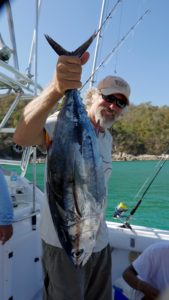
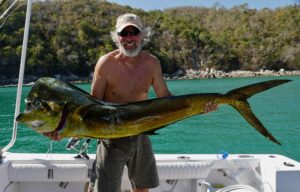
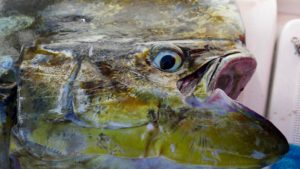
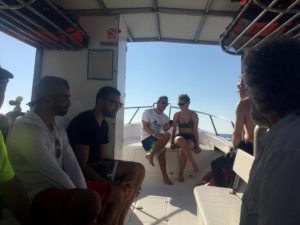

Look who else we snagged?! The crew member with the most miles (though at almost 8,000, we’re closing in on her 10,000!). So good to have the girls both aboard!
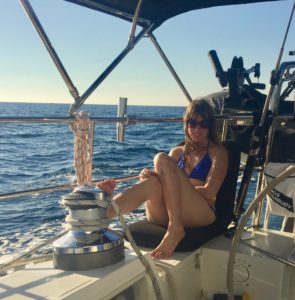
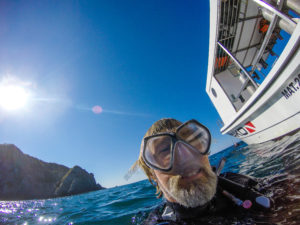
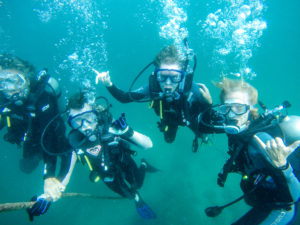
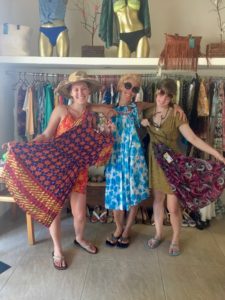

I first noticed the Gulf of Tehuantapec long before we even had Allora, when I was just learning about Grib files (wind forecasting models) back in Montana. If you look at the wind patterns along the west coast of North and Central America, you can’t miss this funnel of gale strength wind pouring across the narrow patch of Mexico at its southern end, between the mountains in Guatemala and the southern reach of Oaxaca’s Sierra Madre. The weather reports we listened to on our Ham radio in the Sea of Cortez always included a Tpec forecast and it seemed like it was always blowing 50 knots down there. Sailors call them Tehuantapeckers and they usually last for days and days with brief breaks which inspire mad sprints to get across before the gale starts up again. On our way south we got lots of advice on how to deal with this fierce section of coastline. Everyone warned us not to underestimate the Tehuantapec. “Don’t be tempted to cut straight across, keep one foot on shore… stay in 30 feet of water. You should be able to see people walking on the beach.” This last bit of salty advice didn’t prove useful. Not surprisingly, there was definitely NO ONE “walking on the beach” when we passed this desolate stretch of coast even at sunset with wind in the mid 20’s.
We chose to leave on Christmas Day, in what was described by the locals as more of a lull than a “weather window.” We made great time in the back current along shore approaching the apex of the gulf, following a trail of turtles that dotted the way like trail markers. The Tehuantapec did not disappoint and we hit the worst winds (of course) right at dark. After a little reefing madness (that a little reefer madness might have helped), we settled in for a gusty ride, resisting the temptation to add more sail when it seemed to fall off before slamming us again. It never broke thirty knots, but with each gust we would be reminded that we had been hearing for a year how it could hit 60 without warning, By 3:00am the winds were gone completely and all we had to do was weave our way through a maze of shrimp boats, wishing the gulf could offer us a better choice than 40 knots or less than four. -MS

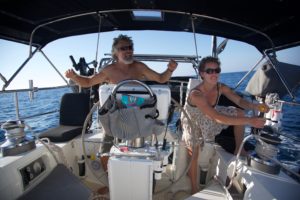
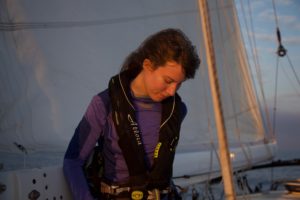
©MPS
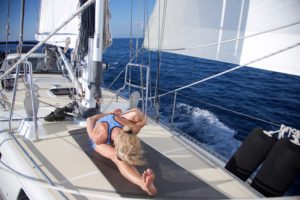

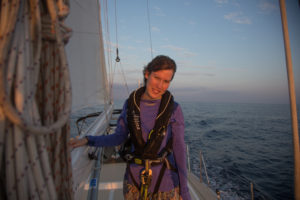

©HRS
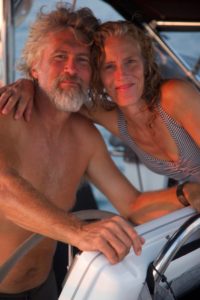

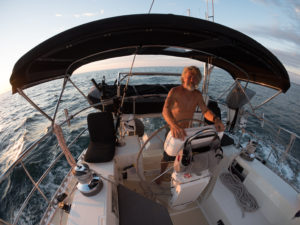
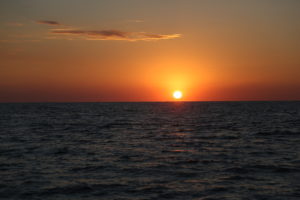


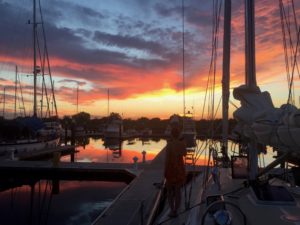
We left ALLORA in the calm and safe marina at Puerto Chiapas (used to be called, “Puerto Madero”) and went on an inland excursion to Guatemala. When we returned, a week later, we’d heard that the Mexican government had raised gasoline prices too much and the people were rioting and looting to show their disapproval. A few people were even killed in the mayhem which reached Mexico City. To us, that meant that the big provisioning that I’d planned to do in Mexico wouldn’t happen. The Wal Mart, which is (sadly) the mecca for provisioning, was pitted – nothing left in it. The Oxxo’s, which are convenient stores (like 7-eleven) were particularly hit hard (they are gov’t. run) and the local shop was all boarded up. One of the more savvy cruiser’s at the marina anticipated this and bought everything she could find in the little marina ‘tienda.’ We waited till the last minute and Maddi and I did a modified version of the gluttonous stockpiling I’d imagined in the sleepy, small village of Puerto Madero.
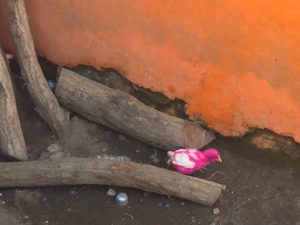

Adios, Puerto Vallarta! Yelapa, Chamela, San Jose, CA, Tenacatita, Caleta de Campos, Zihuatanejo, Acapulco – Pacific Mexico!
It was almost surreal to pull away from our “B” dock spot at the marina. We were ready, though, and there was much of Pacific Mexico to explore. We waited patiently for a weather window to round the haven of Cabo Corrientes and savored the chance to sail again.
Yelapa is a sleepy village in Jalisco, Mexico, with no real accessible roads, so folks arrive via boats. The village lies in the southernmost cove of the world’s seventh largest bay, Bahia de Banderas (Bay of the Flags). They are known for their cream pies – the women ply the beach with the whole pie balancing on their heads! Raicilla, the local moonshine, is made here and there are a handful of expats that make this ‘back in time’ village their home. We anchored out for just one night, but took a sunset walk through the village and slept happily on a mooring, getting once again familiar with the sounds of the popping shrimp, lapping waves and clanking in the rigging. It’s always a good idea to roll some (for a night or two) before setting out on a passage, to acclimatize.
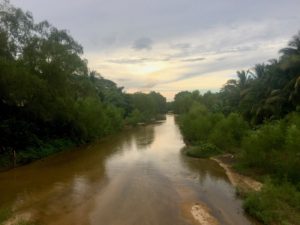
Neat little village of Chamela. I left Marcus here on Allora to go to San Francisco for my cousin Brian’s memorial. Took a surf landing with crocodiles, and a 4 hour gnarly drive, but I made it back up to PV for my flight.
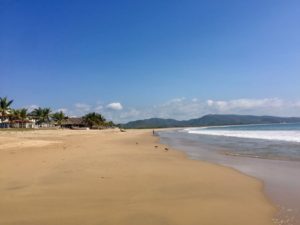
Brian’s memorial was all about his generosity of heart. He inspired just about everyone he met – and it seemed that almost all of them showed up to process his sudden absence. A true void. My heart is broken.
Go. Change the world.
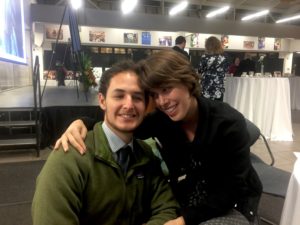
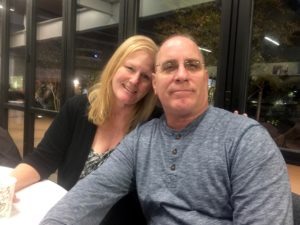


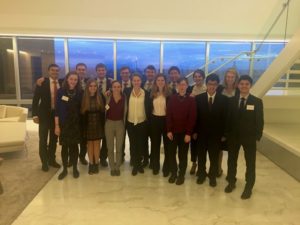
We spent a lovely Thanksgiving in Bahia Tenacatita with Bill and Jean on their Sundeer, “Pelican Express.” There were 8 of us and we enjoyed a Turkey with stuffing and my first ever (spicy) Bloody Mary! A great day – we even played the Metaphor game!
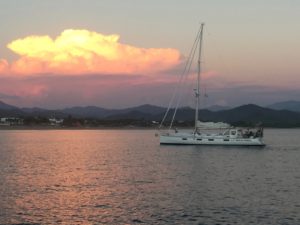
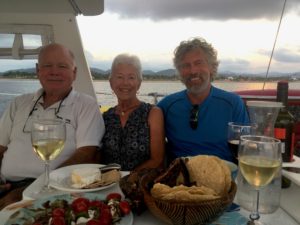

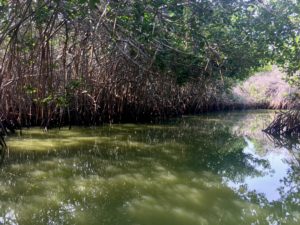
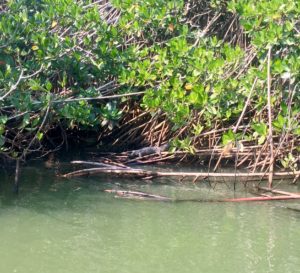

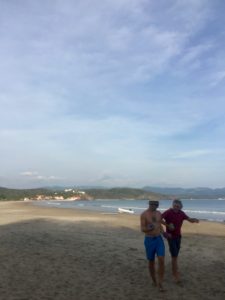
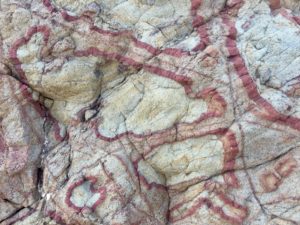
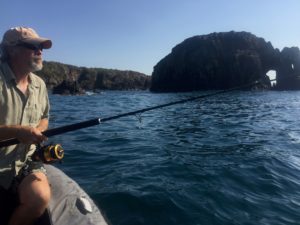

My Birthday (yowza, 53!!!) – Ensenada Carrizal in the morning …

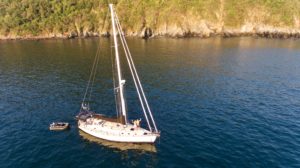
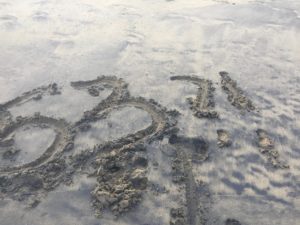
… and Manzanillo at night!


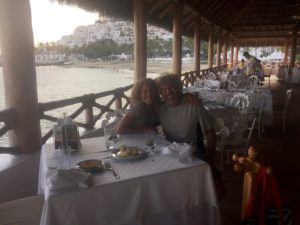
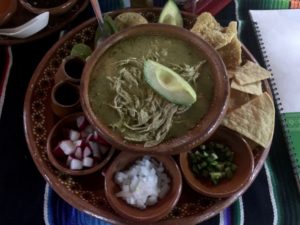

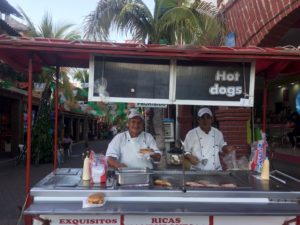
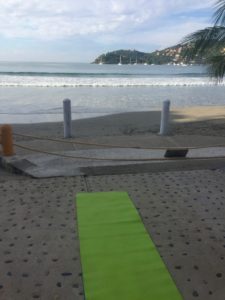
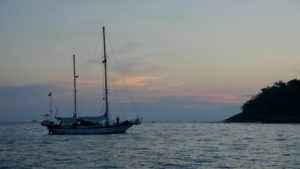
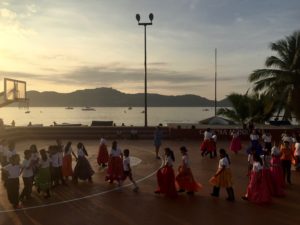
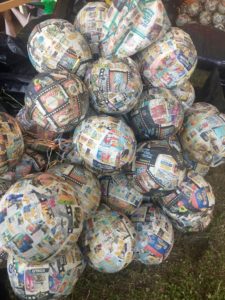

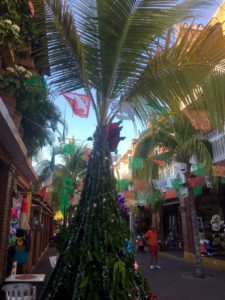
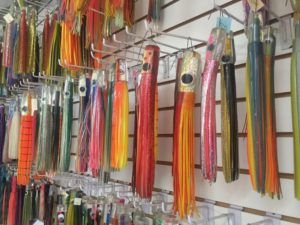
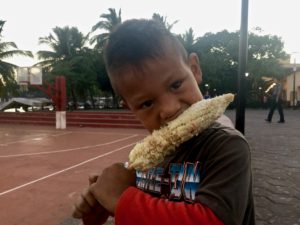

The La Quebrada Divers of Acapulco!

The divers leap from cliffs 136 feet above the crashing Pacific, landing in an 11 feet deep inlet. “Timing is the key. Three seconds it takes to arrive at the sea. Only five seconds of high waves tide – a two second span for any error.”

We had to wait our turn behind a line of locals who wanted to get their pic on these ponies. There were a few of these booths set up for Christmas in Acapulco.
A haul-out and a kidney stone!
A boat needs to be hauled out every 1-2 years for the hull to be painted, so we researched the process, bargained hard for our paint, and headed over to La Cruz Shipyard for the 4 day process. Allora would be lifted out of the water for the first time since she splashed in Oakland in early June, 2015.
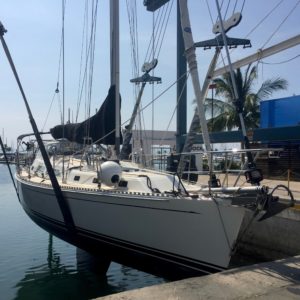
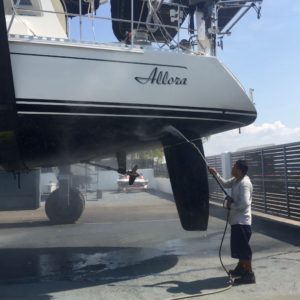
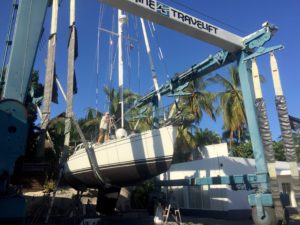
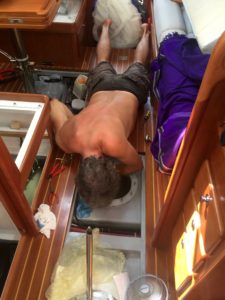

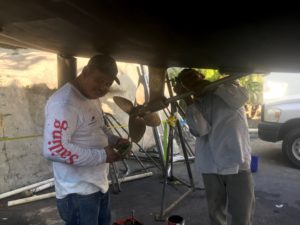
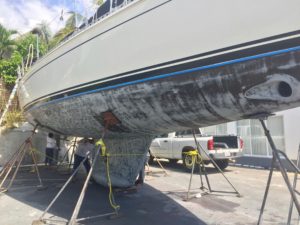
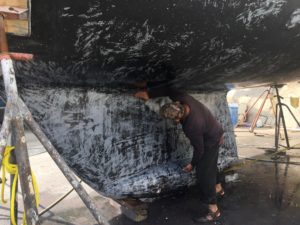
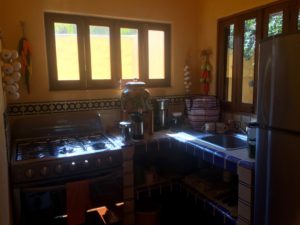

We woke up at 3:00am and knew within 10 minutes that we needed help and that it was probably a kidney stone (Marcus’ first and hopefully last). Not an easy feat to find a cab in a sleepy Mexican village in the middle of the night. Once secured, we bumped and raced along jerkily and the poor young driver had to listen to Marcus’ endless loop of F-word wailing.


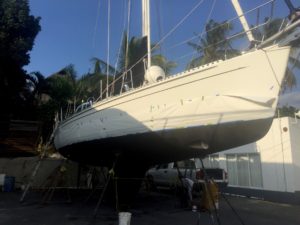
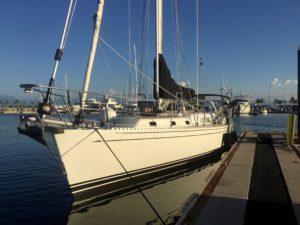
Back to Paradise! (Paradise Village, Puerto Vallarta, Mx)
We returned on October 1st. (2016) to find Allora in great shape and began to put her back together, prepping to head south to explore Pacific Mexico and then Central America. Hurricane season technically ends on Nov. 30th, but we planned to slip away mid-month, while keeping a watchful eye on weather.
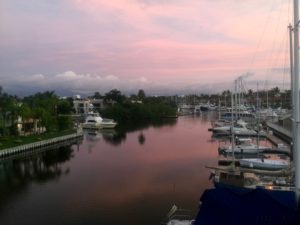
First thing we had to attend to was our malfunctioning Yanmar (inboard) engine. We’d been troubleshooting vexing problems and finally found the explanation!
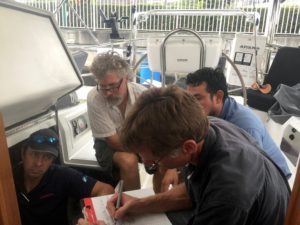
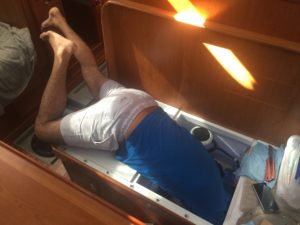
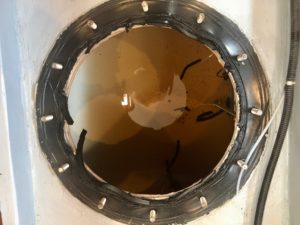
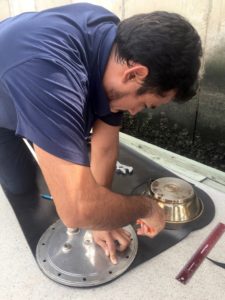
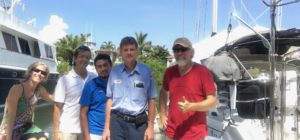
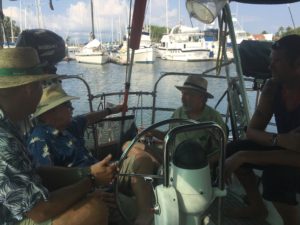
3pm till midnight
40 minute rounds
Themes – ours was ‘Africa’
Food/Cocktails
We were the last boat out of 12! That’s a LONG day.



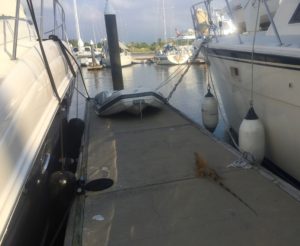
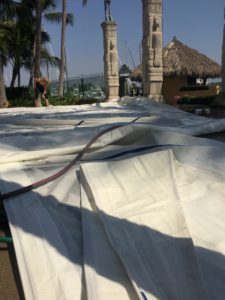
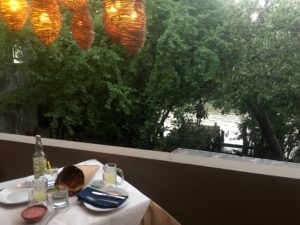
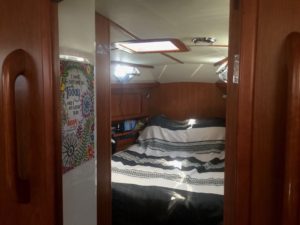
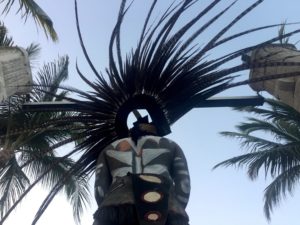
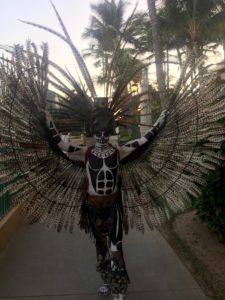
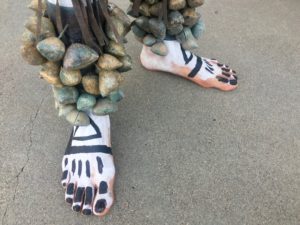
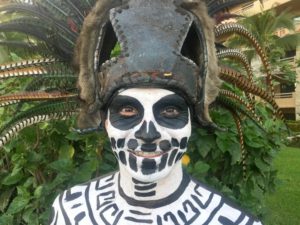
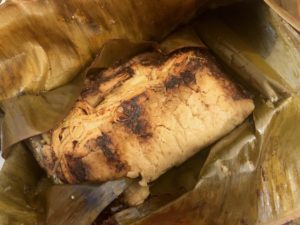
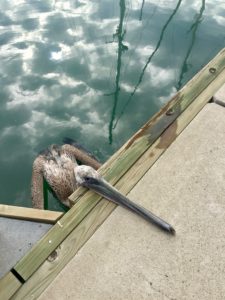

3pm till midnight
40 minute rounds
Themes – ours was ‘Africa’
Food/Cocktails
We were the last boat out of 12! That’s a LONG day.
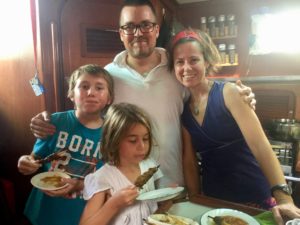
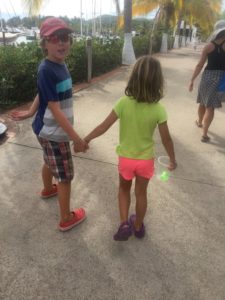
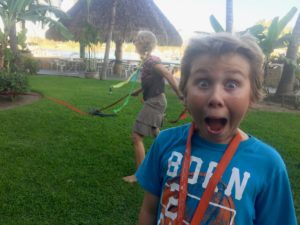
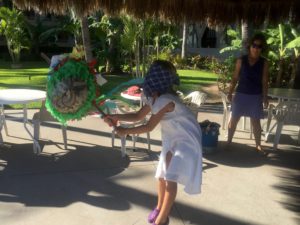
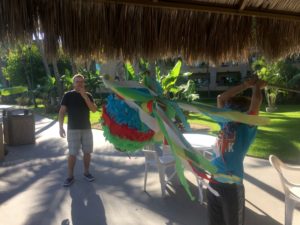

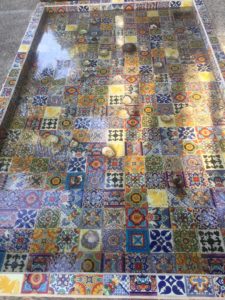
I had what felt like an imperative urge to go and spend some time with Haley – to help her get her new apartment organized, etc. We had 3 VERY FULL days, including taking in the play, ‘Sleep No More,’ which Haley’s experienced 6 times!


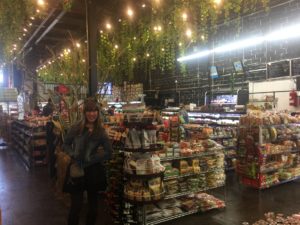

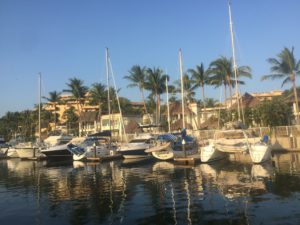
Allora ended up spending 3.5 months of hurricane season in Paradise Village!
Montana! August and September, 2016
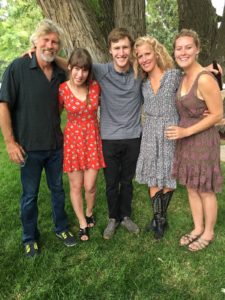
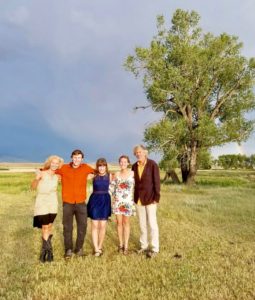
Thank you, Cam and JJ, for the gift of being invited to celebrate your LOVE! An incomparable wedding weekend!
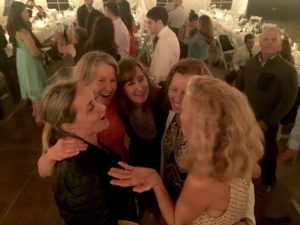

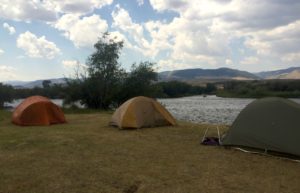
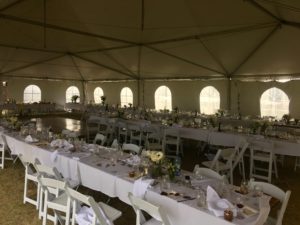
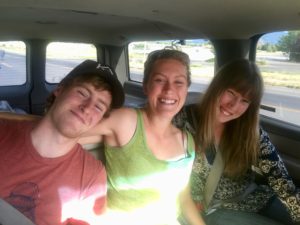
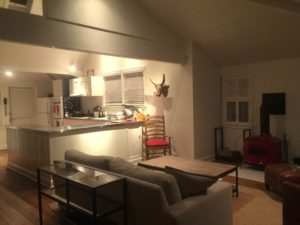
Backpacking in The Absarokee/Beartooth wilderness – The Beaten Path (crazy name, considering we saw just a couple other ppl.) Astounding splendor! Haley was back in NYC working 🙁
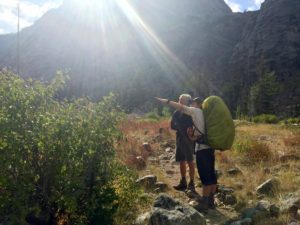
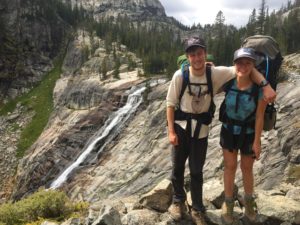
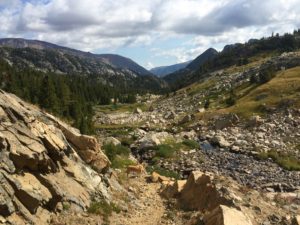
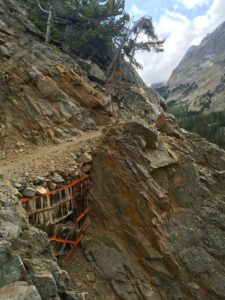


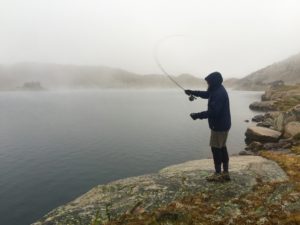

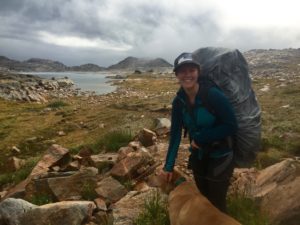

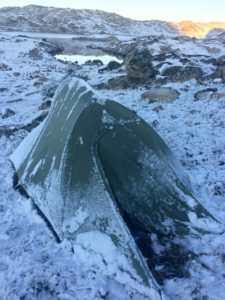

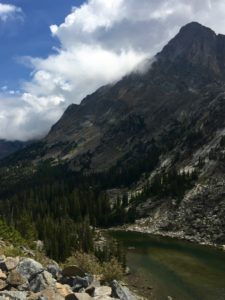
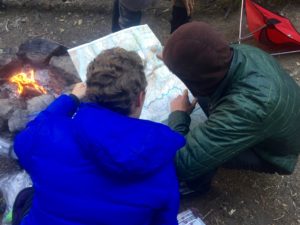 Day hike route planning.
Day hike route planning.



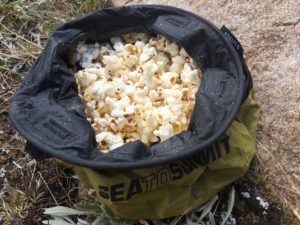

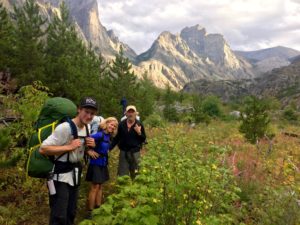


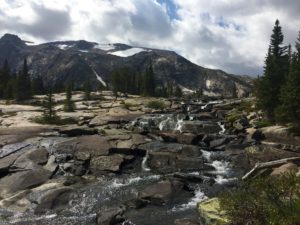
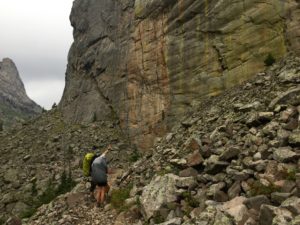


Quick trip to Philly to be with my beloved Uncle for his birthday.
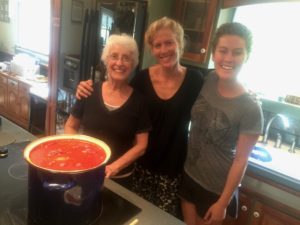
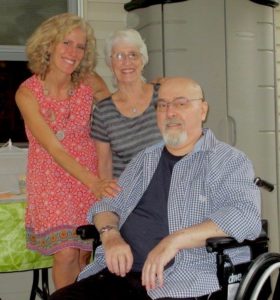

Ringing Rocks, (aka ‘Pipestone’), Montana

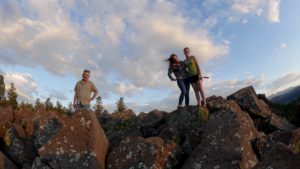
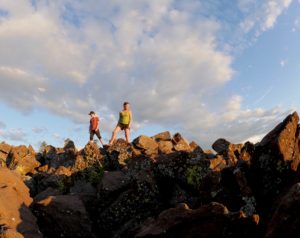
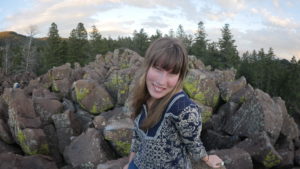

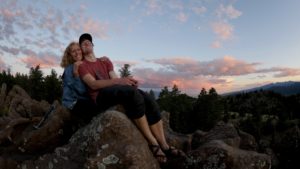
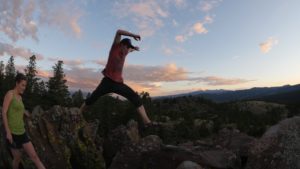

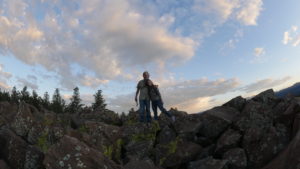



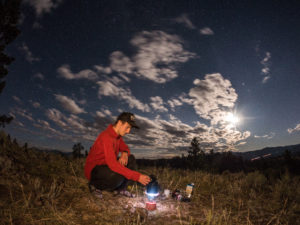
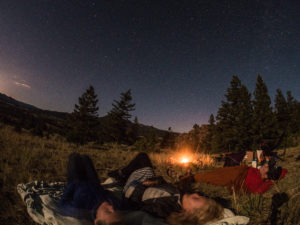
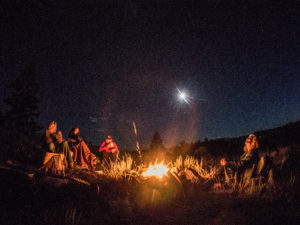
More Montana moments:


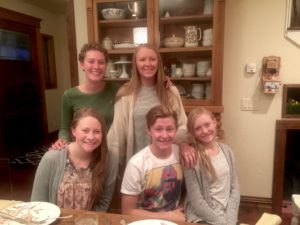


Our time in Bozeman was a blissful couple of months; we lived big under the big sky with friends/family time and wilderness play, our two main objectives. While it was SO crazy sweet to be in Montana again, we both agreed that Allora verily feels like real ‘home’ and it was time to get back to Mexico!
HURRICANE season
We’d thought about leaving Allora farther up the mainland in San Carlos/Guyamas in Sonora, but liked the idea of getting a jump start on the long distances left to cover in Mexico when we returned from Montana. In the end, it was a good thing, because hurricane Newton made it all the way up the Baja Peninsula and some boats in that marina were damaged. We had been staying in charming La Cruz for our Puerto Vallarta stint but moved farther inland to Paradise Village to leave Allora; Its estuary position in the lee of Cabo Corrientes provided more weather security. Summer in this part of the world is beyond description HOT! Our 2 month respite in Bozeman was strategically timed. When we left in August, nighttime temps in our cabin were up to 95 degrees, which necessitated the constant use of water spritzers. Time to head to the mountains!
We had to remove most of our food stores (local restaurants and the officina agreed to keep buckets of our provisions), shut off our refrigeration and ‘pickle’ our watermaker. Our foresails had to come down (in case of extreme winds) and we secured a large dehumidifier for below to preclude a problem with moisture. We had a local guy, Israel, come in and open up the boat and start the engine once a week. Cockroaches were discouraged from making Allora their home with some boric acid piles, but we pretty much knew that the Iguanas and the frigates might just cross our dock lines or perch high on the mast. It took a FULL week of non-stop dervishing (that should definitely be a verb) to feel ok about saying, ‘Adios, Allora, Que le vaya bien!’
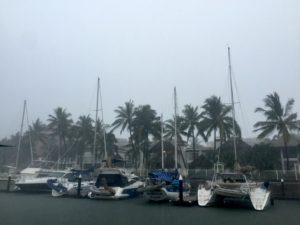
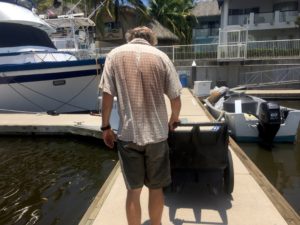
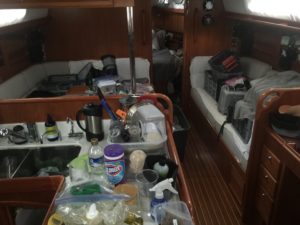
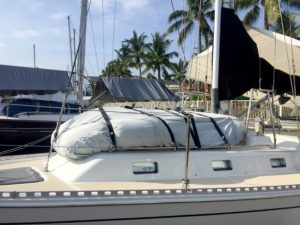

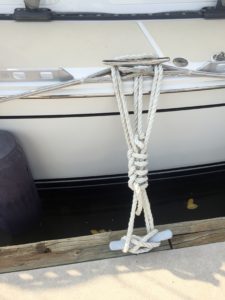
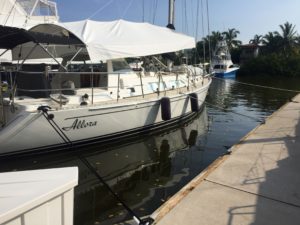
LAST Baja Post!
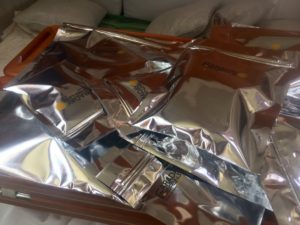
Tropical storm “Frank,” was our first brush with a named storm (The Eastern Pacific has the proud honor of starting using male names, in 1978)
Hurricane Diana hit the East Coast September 10, 1984
65.5 million dollars in damages,
ended her reign of terror as an extratropical storm in Nova Scotia
nothing surprising there
the infinitely wise google also tells us,
no Hurricane Marcus,
but a winter storm, 2015, 24 inches of snow in Boston
otherwise it’s a collection of faceted crystal bowls
not sure, but I feel less powerful
Tropical storm Frank, was named the day that we were sailing towards it from Baja
the US weather predictors had poo poo’d his chances of getting that “organized”
the europeans were more certain,
in any case he moved A LOT faster than anyone predicted
we dodged some thunderstorms off the tip of Baja the first night
but were ambushed the second
at one moment the radar tracking system had each cell converging on our position
running to hide was not an option
hoping that the thundering bully’s were really moving some version of West
we turned east, directly into the closest one
We abandoned our attempts to run and turned to face our oppressor,
I think we’ll get more used to this,
but our first squall and lightning storm made an impression
the first part was the suddenness with which chaos can remind you who’s boss
Glued to the radar screen, we knew we should be looking into the real darkness
ludicrous McHale’s Navy buckets of rain being tossed in our faces
preposterously overdone non stop lightning effects
Diana stuffed electronics in Faraday bags into the oven
(as you do)
and we tried to calculate the odds of being struck
and struggled to remember that the most important thing was too keep Allora sailing
and she handled it like the champ she is
in a long hour and a half, it was finally over
but our thoughts about what had happened only just began to settle in
There was no getting around that we’d have to run the gauntlet again the next night –
approaching Banderas Bay to get to the harbor with the high tide at noonish
That’s when Frank got named
moving northwest, not simply west out to sea like his predecessors
When forecasters get part of it wrong
it’s hard to be reassured by the new forecasts,
which promised we’d never be closer than 400 miles
late in the afternoon, sunset, we slowly passed the interminable Magdelena Islands
prisoners of these prison island, required to stay away 20 miles,
bands of cumulous clouds reached up beautifully from the south southeast
and then the engine just stopped… a long beep and it quit running.
Fortunately we had enough wind to sail
I bled it, I primed it, I checked the oil and we sailed for a while in case it just needed a rest
we weren’t too off course, the prison island zone would just have to allow us a little wiggle room
at the furtherest southeast edge, we watched the familiar anvil of a building thuderstorm
It wasn’t showing up on the radar yet, so more than 48 miles,
but it sure looked like it was going to cut us off from Bahia Banderas,
We needed to head east, not south, despite the 20 miles exclusion zone
I emailed asking the weather routers who sent email updates via sattelite
to confirm what we were seeing plain as day
hoping from their satellite perch they could offer some advice
“There are thunderstorm cells that are expanding closer to your position in feeder bands around the developing TS Frank. I cannot tell you that they will not expand closer to your position. The tropical storm is moving off to the NW but it is intensifying. Maybe it is best to hold where you are and let Frank go by then head toward Banderas tomorrow.”
I started to reply with “Wow!” then deleted that
and just asked for confirmation of what I could plainly see
no way to tell how far away the cell was, but I could see its direction
there was no way to talk myself out of the observable fact
there was already a big storm cell covering the entrance to Banderas Bay
The feeder bands definitely were expanding in our direction
they had already cut us off.
“Hold where you are?”
That’s an odd concept in a floating boat on a moving sea!
The wind was too light to sail anywhere
there was no reachable, safe anchorage or harbor,
we were blocked by the island of criminals to our east,
we didn’t have enough fuel to turn north around the islands and
Frank was barreling faster than predicted to our southeast.
Anything with west in it would be a bad idea indeed
southeast meant sailing into the edge of our first tropical storm
our options were remarkably stark
we can only move at 9 miles an hour max
and were worried about how much fuel we had
and whether the engine would fail again
The only thing I could come up with was to head into the exclusion zone
and wait to have a conversation with the Mexican Navy on the VHF if it came to that
then we could go hide on the east side of the islands, and do our best
to dodge the bright yellow, capricious storm cells sure pop up on radar as soon as it got dark
Diana’s response was remarkably calm –
we hadn’t received any more info from the weather router
I knew when I sent my last lame, hopeless query, that they were closed for the night
Diana had the obvious idea to call the Marina to ask what they could see
“Frank is headed for La Paz,” she said.
Then the weather router sent an after hours message which included Franks’ current position
and the location of the storm cells I’d been asking about.
He suggested that after midnight was the time to “make a strong move for PV”
So east southeast, as close to the prison islands as we dared,
and then see what the storm cells looked like
We were really beginning to feel the swell from Frank,
The huge rollers were like big long valleys, we’d drop slowly in the rise like a hot air balloon.
From last night’s squall we had a few ideas of how to get Allora prepared
we set up the removable forestay in case we needed the storm jib,
if the engine failed we had to be able to maneuver in a squall
we stowed things below, we battened the hatches
took pictures of the gorgeous sunset only a tropical storm can generate
and when it got dark, I went below to sleep and Diana turned on the radar.
After an hour I came up for much needed oxygen (steamy down below with all hatches closed).
Diana was tracking a big storm cell to our southeast
we could see the lightning, but it wasn’t anything like the mad fireworks of the night before –
not yet anyway.
We took turns napping in the cockpit, and “foondling” (Maddi’s word for nodding off on watch)
The wind had come up, but it was right on our nose,
to sail we either had to get yet closer to the prison island
(already ten miles and still nothing on the VHF)
or worse, tack southwest straight at Frank.
This is when having an engine for auxiliary power does not feel like a luxury.
Between the wind wave and the tropical storm swell, we were rocking and rolling
buzzing along, praying the engine kept going
the storm cell stayed off to our starboard, nothing popped up in our way
the seas decreased incrementally as we neared the Bay at 03:00
We passed a well known rock hazard at the entrance
and we had our previous tracks to follow the shallow passage on the northeast side of the bay
Diana started counting the stutters in the engine’s hum
we cleared the waypoint just two miles out
and then at the same place where we called for a tow back in April
seriously
‘BEEP,’ and the engine quit again!
Barely enough wind to sail, but thankfully no storm cells
at least we were in the bay,
at least we could sail to the anchorage if the wind didn’t die
as we tacked our way (the closest anchorage, as always, directly to windward)
I bled, I primed, I prayed.
The engine started roughly,
then died,
we kept sailing
Funny how events look once they’ve occurred
it’s easy to forget that before they did what they did
they could easily have unfolded many radically different ways
In fact, perhaps it’s true that it’s more likely that they should have
But maybe Cabo Corrientes does protect Banderas Bay as history seems to suggest
deflecting those storms and their feeder bands
more fuel, leave later, leave earlier
more wind, less wind
no exclusion zone and off limits island havens
so many variables
the sea makes us aware of the flux of events
fluid vortices of what-ifs
the engine did restart, we sailed and then took the sails down
keeping them ready to deploy at a moments notice
and in the dark, confounded by the lights of shore
found a place to drop anchor
and finally get some sleep. – MS
No ‘Frank’ pics, as we were too busy scrambling, but here are plenty more from our last days in Baja:
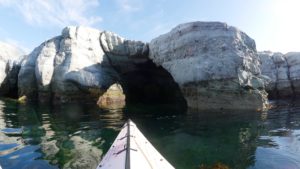

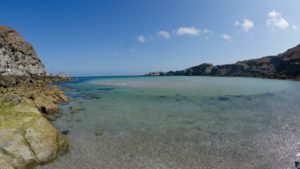
This morning at Isla Animas, by Salsipuedes, I’ve been trying to find a comfortable place to sit to write. We’re so used to the southern summer flow (as we took for granted the north winter winds) but today there is a northwest swell making our little anchorage a bit dubious. With the swing on our anchor and the six to eight foot drop in the tide we have just 6 feet under the keel. We’ll probably have to move across the pass, swinging wide to avoid any pinnacle rocks.
Looking across the soft roll of waves, it’s easy to forget that the underwater landscape should match the jagged mountainous terrain above the sea. We’ll listen to the weather and see if there are big trends that suggest this uncomfortable swell and NW wind will last, and then move if we have to. The pass between the islands, which one book says is possible to sail through and one does not, roils like a river. There is so much water trying to move across with the tide that boils s from hundred foot depths. It’s a great fishing spot, but every once in a while I’m spooked by a rock looming under the surface, an eerie, vertigo. We are floating over mountains. – MS
There is one knows not what sweet mystery about this sea, whose gently awful stirrings seem to speak of some hidden soul beneath. – H. Melville
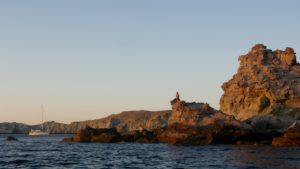
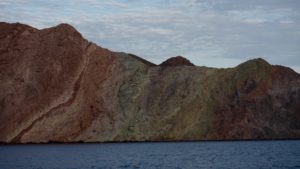
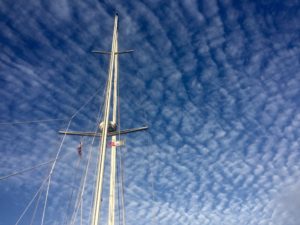
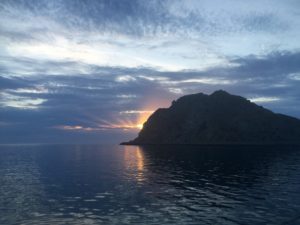
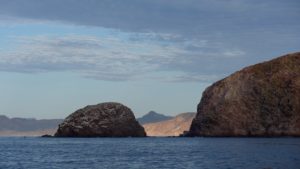
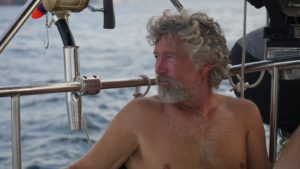

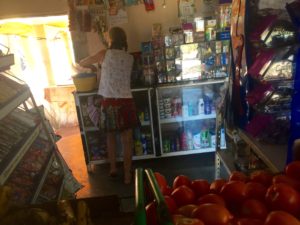
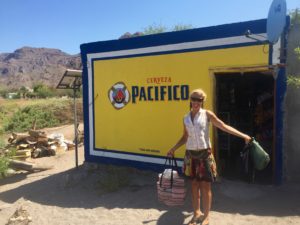



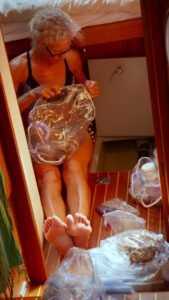

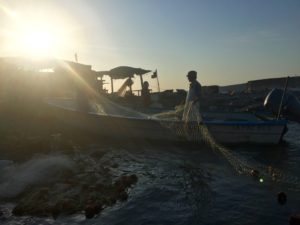


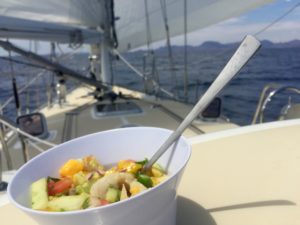
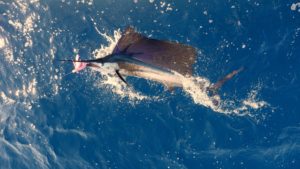
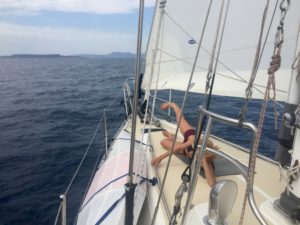
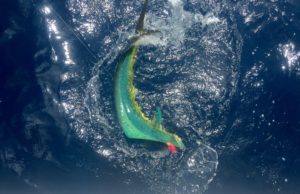
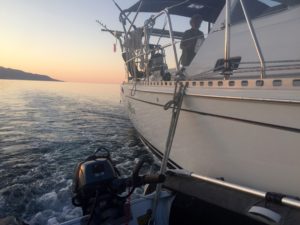
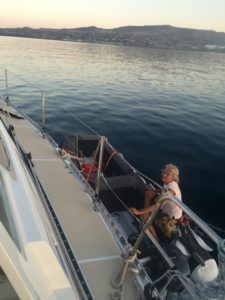



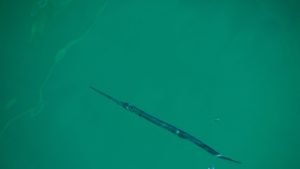
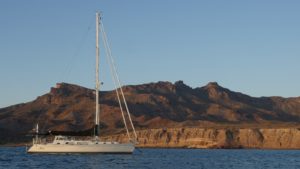
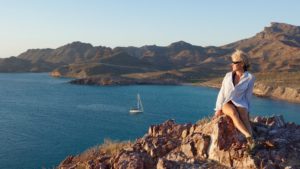
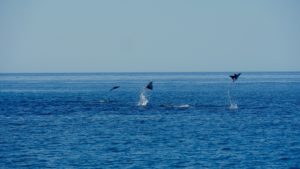
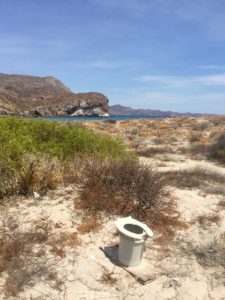

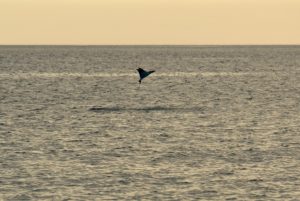
The earth unsphered and laid out,
is 196.9 million square miles
how much room do we get to share?
.028 square miles per person (including the really cold places like antarctica)
so we have to be thankful,
to sail on the two thirds that most would deduct from their calculations
lucky to find we have tens of square miles, sometimes hundreds
completely to ourselves. – MS
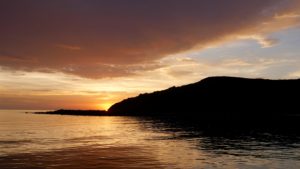
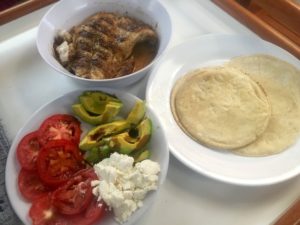
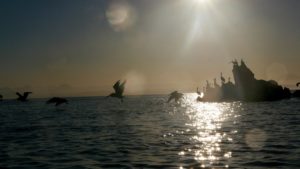

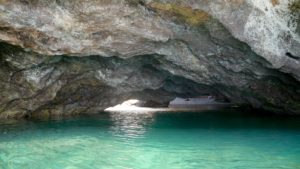
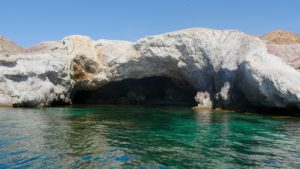
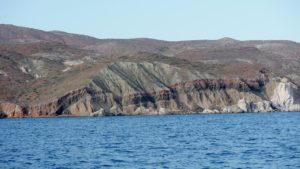
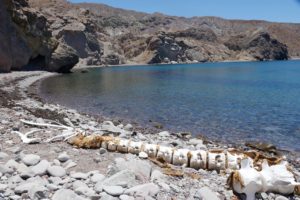
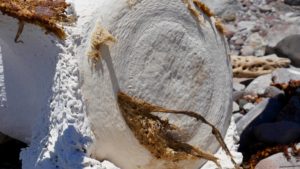


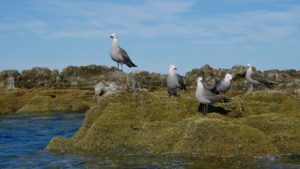
Heermann’s Gulls
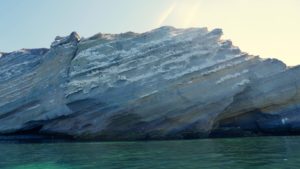
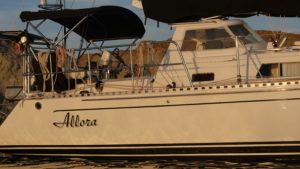
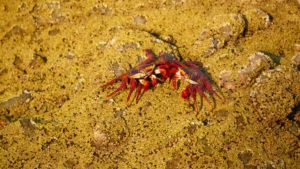
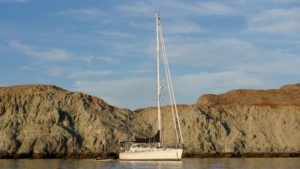


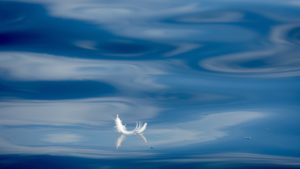
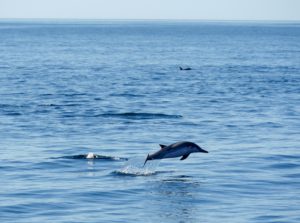



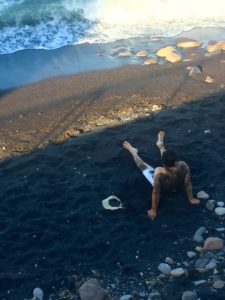


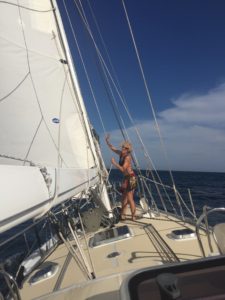
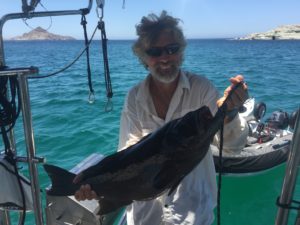
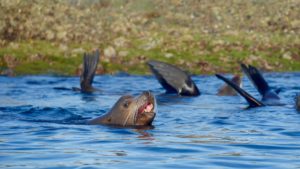
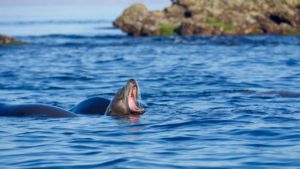
It’s obvious but unavoidable to comment on our specie’s disconnect from the natural world — typing/clicking away at abstractions, artificial crisis and made up stories, while it gets harder and harder for sea lions to eat. No wonder they make such a racket. So curious. Hoping, in their foolishly optimistic, clowny way, that we might be the emissaries, the people who will finally take their raucous message back to the smoking noisy city. They don’t know anything about sirens and air horns and the rumble of a million cars. They naively expect to be heard. After all, what in their world, is louder than a sea lion? The great leviathans, exhale and move on. The din of civilization seems ominously unthreatening from a distance, like the purr of a shrimper’s diesel engines, chugging and burning that smelly old dinosaur blood, as if to say, “nothing to worry about here, just cleaning up this messy channel, slipping away with a few thousand tons of shrimp.” Cuz the world loves shrimp. Which they must, to eat something that looks like an insect without a second thought — call it a cocktail, an appetizer. – MS
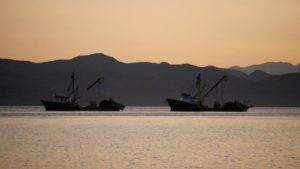

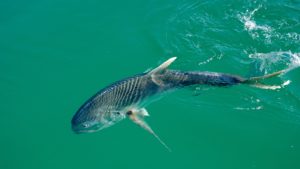
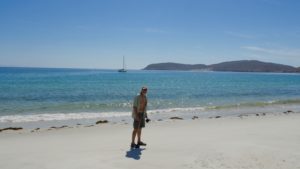
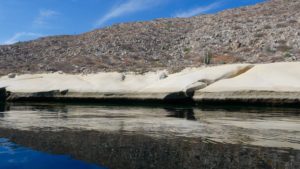
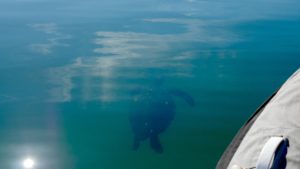
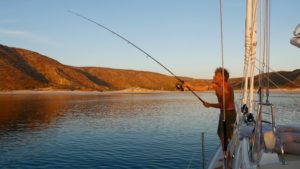


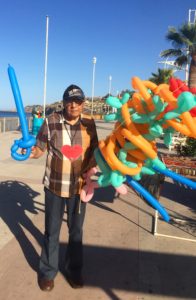
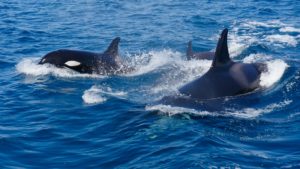
They chased a huge pod of dolphin at top speed (we did our best to keep up) and then they isolated two of them in this cove. After messing with them a bit, they finally made the kill (underwater) and Marcus saw one come up with a bloodied mouth. Tough to witness, but of course, natural.

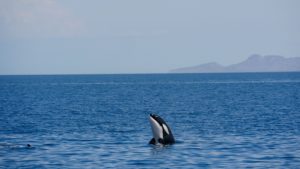
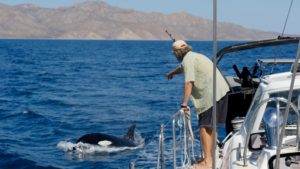
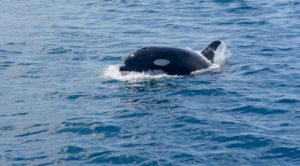
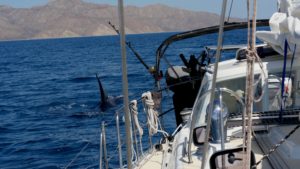
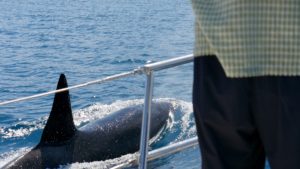

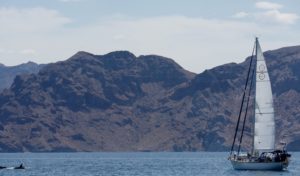
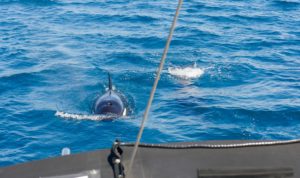

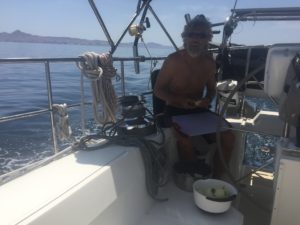
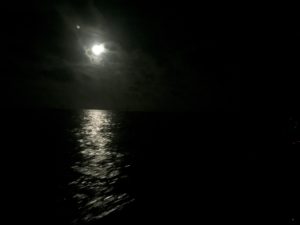
‘who has also by the stillness and seclusion of many long night watches in the remotest of waters, and beneath constellations never seen here at the north, been led to think untraditionally and independently, receiving all nature’s sweet or savage impressions fresh from her own virgin voluntary and confiding breast’ – Melville/Moby Dick
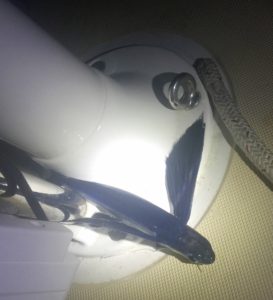








San Jose Del Cabo to San Carlos (6/5/16-6/21/16)
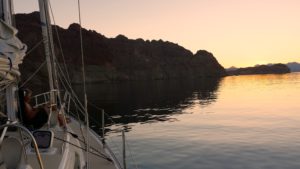



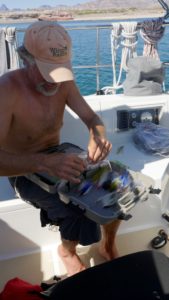
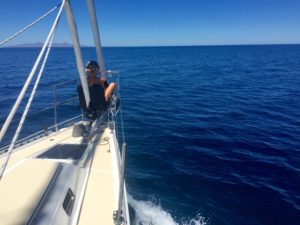
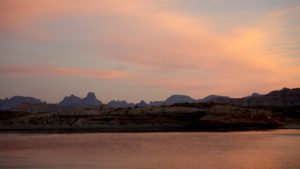














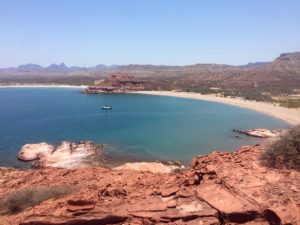






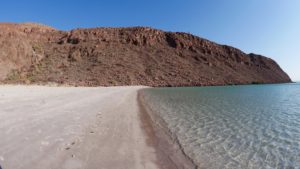
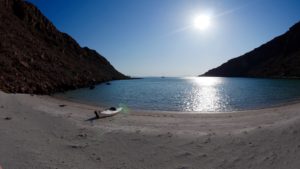


San Jose Del Cabo/(hospital visit) to La Paz 5/21-6/5/16
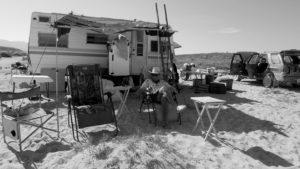
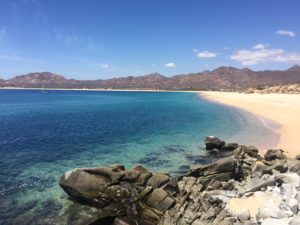
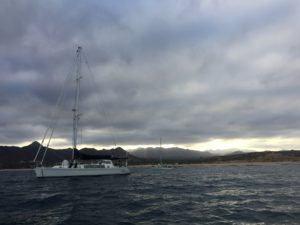
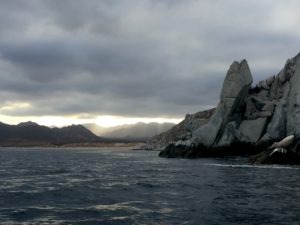
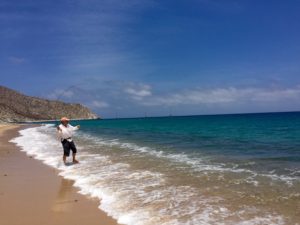
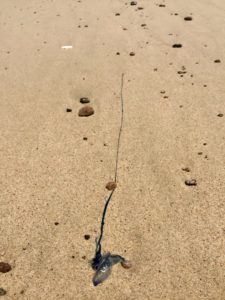
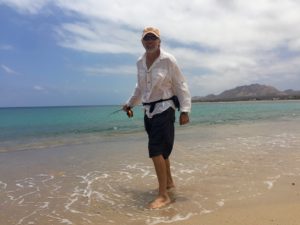
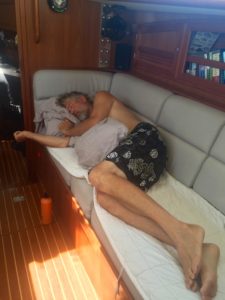
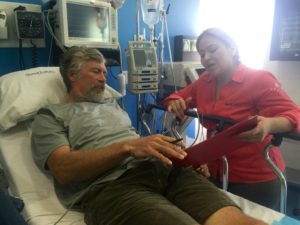
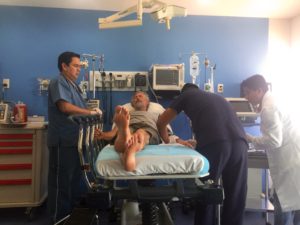
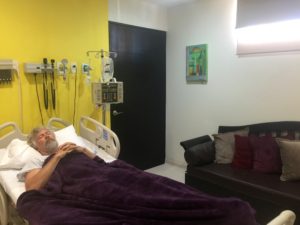

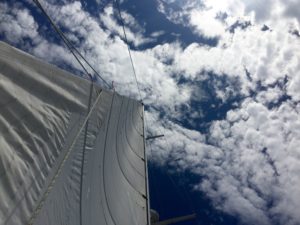

huddling down in the sand
looking like a marabou stork, smaller
running down the beach like she doesn’t know the game
I’m coming this way
the aquamarine border of another world
trembles with the shifting air
sparkles and confuses with the light
long fish with razor teeth lay in wait along the surf line (MS – Isla Cerralvo)
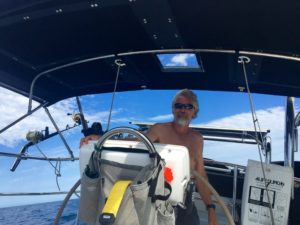
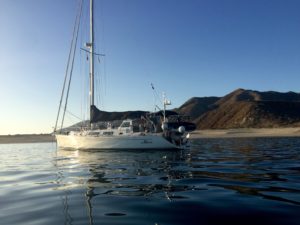
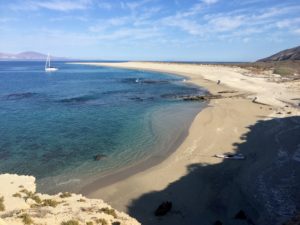

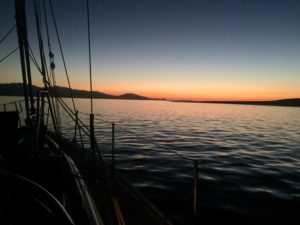

Eighty-four dead turtles in two weeks, Banderas Bay
one drifted by the boat, we almost hit it
paddling weakly, nothing to do
under sail and miles from shore
Diana thought he seemed to want to follow
another buried in the sand at Bahia de Los Angeles
they died of natural causes
eating the wrong kind of jellyfish -MS
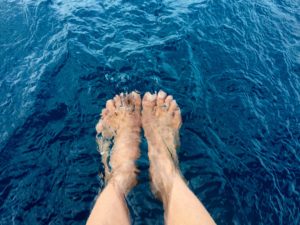
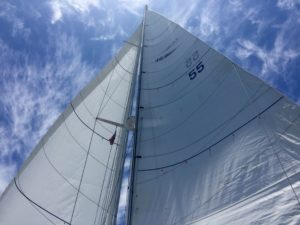
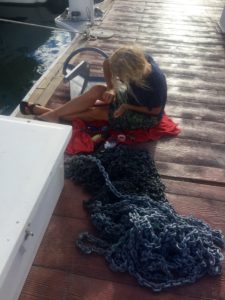

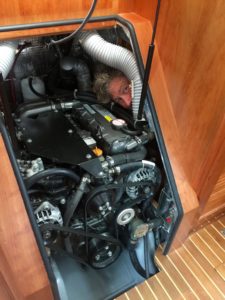
-MS
Short passage, long couple of days …
Just before we left La Cruz, Diana wondered aloud whether passages would ever feel routine, no big deal. I said I didn’t think so because you never know for sure what’s going to happen. We’ve made it to our planned destination just once out the last four passages. The first time because the wind was blowing a certain way, so why fight it? Then because we had an unexpected engine problem, we made a 90 degree turn for the mainland. On the next big crossing, we made it to Puerto Vallarta as planned, but this most recent trip (unplanned in the grand scheme) we aimed for Bahia Los Frailes and ended up in Puerto Los Cabos. The engine ran flawlessly, but not so my gut. Diana’s single handling skills were tested along with her doctoring skills, to make sure it was not appendicitis. We were pretty sure it was just bad food or water that had me laid out with a fever and nightmarish stomach cramps, but we headed for a port where we could find a doctor just in case, and Diana pulled an all nighter to get us there. It’s confidence building for both of us to know she can come up with the right treatment for me, while keeping Allora sailing along beautifully and reef the sails as she confirms her diagnosis via Sat phone.

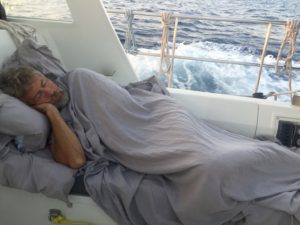
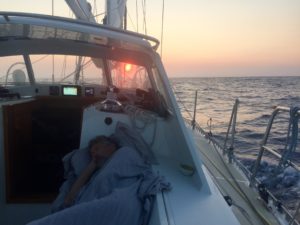
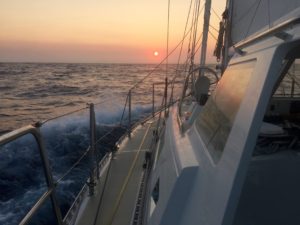
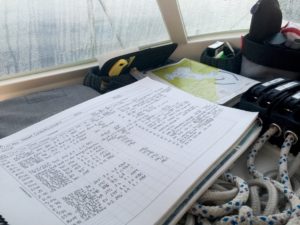
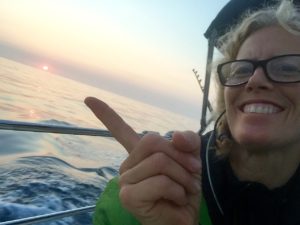
An unexpected month in La Cruz de Huanacaxtle, Puerto Vallarta, Mexico



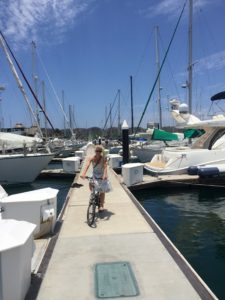

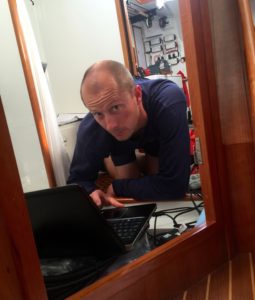

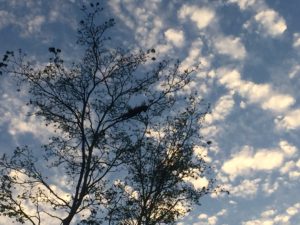
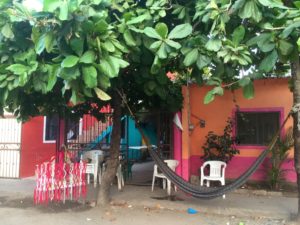
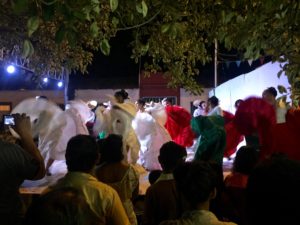
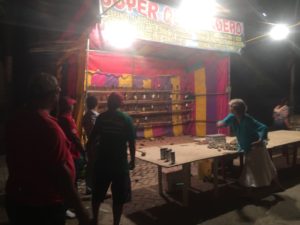
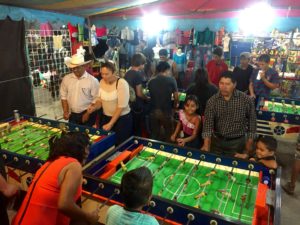

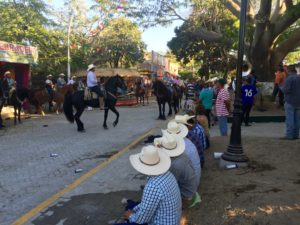

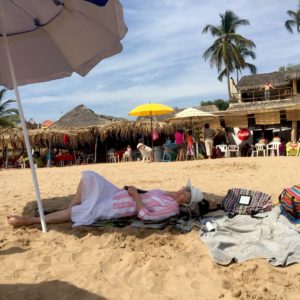
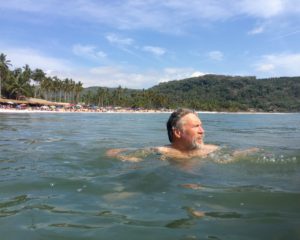
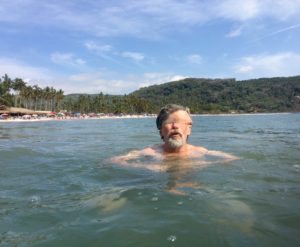
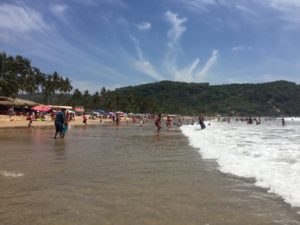
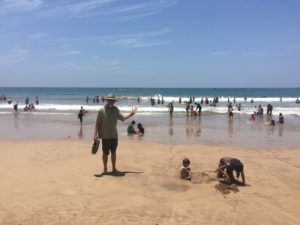

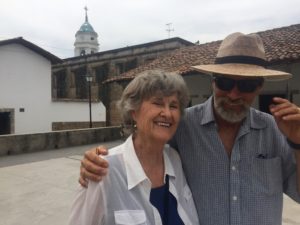
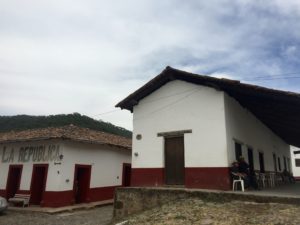

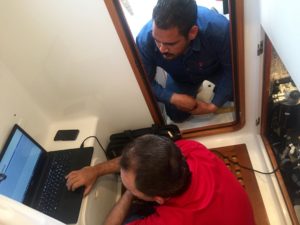



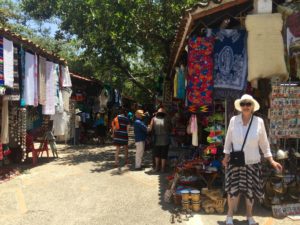
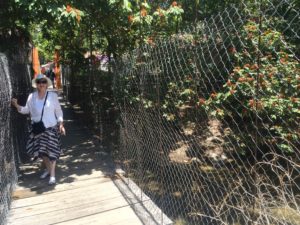

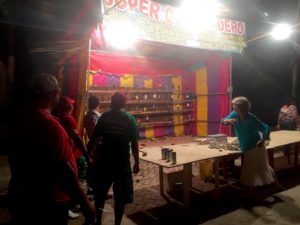
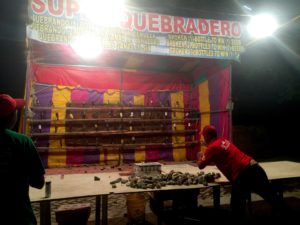
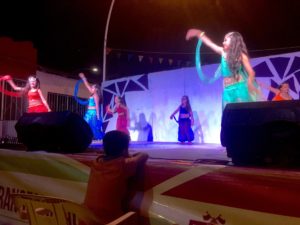

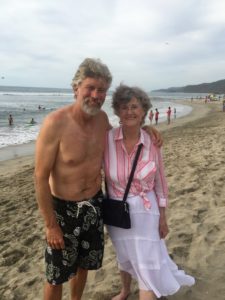




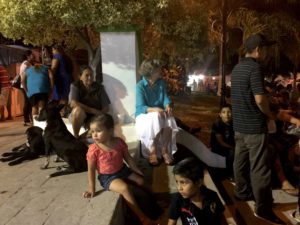
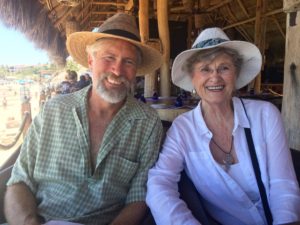

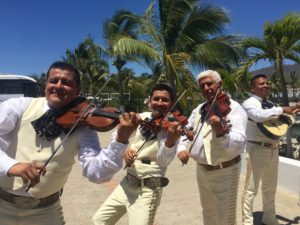
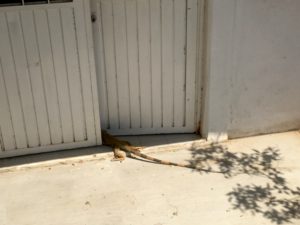
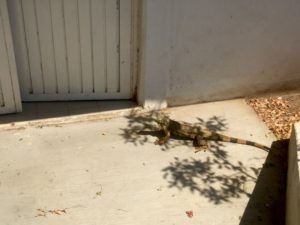
Passage from San Carlos to La Cruz de Huanacaxtle, Puerto Vallarta, Mexico
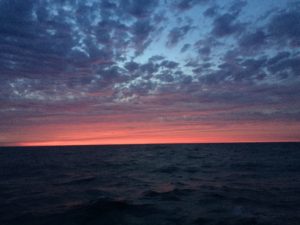


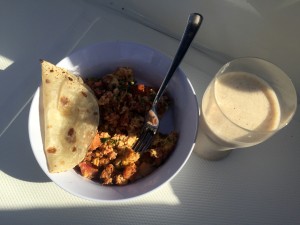
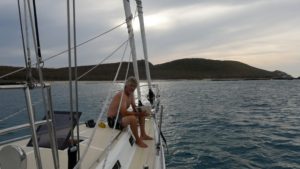
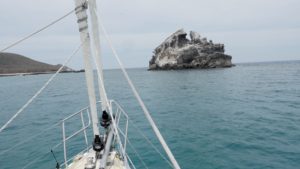
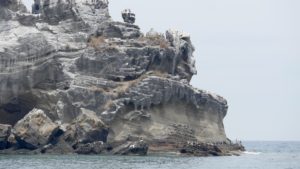
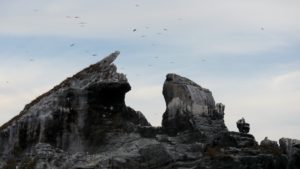
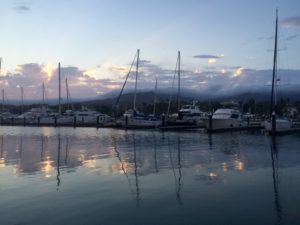
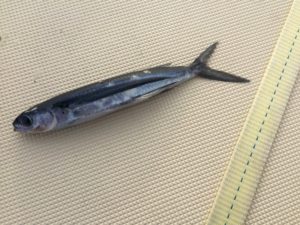
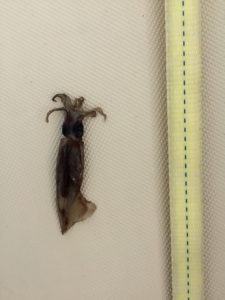
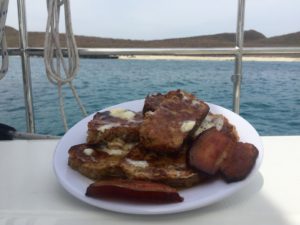

San Carlos, (Mainland) Mexico

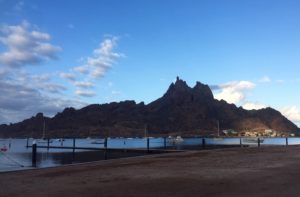
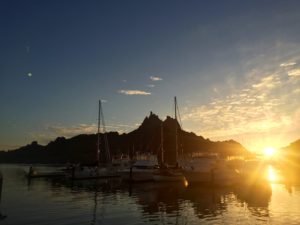
Cala Mujeres, Baja




Animas Slot and Bahia de las Animas, Baja
Dolphins and Whales, Oh My!
Yellowtail
Winter is the slow season in Baja for fishing. Dorado are scarce, we haven’t seen one.
There were rumors of Wahoo back near La Paz. We had a visit from a marlin, but nobody’s fishing for them, mine I caught on the outside. All the charts call for yellowtail, but in Barriles the word was you had to fish deep with mackrel bait, like 200 feet. We heard that again at Punta Chivato, though here the suggestion was to jig with “iron” if you didn’t have bait. We trolled a lot on the way up from La Paz, but the only thing we caught were a couple small either bonita or skipjack, I can’t really say; I know the difference, yet. We don’t keep bonita, after one in Southern CA turned out to be a little… iron rich, shall we say.
Always, birds diving in a frenzy, means big fish have pushed up the bait. We caught two Jack Crevalle in Caleta Partida chasing the birds by casting with a spoon. We were hoping for yellowtail — cuz they’re yummy.
Finally, at Isla Estanque as we were heading out, bound for Bahia de Los Angeles, we got into a bird frenzy that kept going long enough to make a few passes. We picked up a yellowtail on a trolled “Wahoo Bomb” each time we went through. Diana who was at the helm, cheerily pointed out that at three fish we already had plenty to eat… so we were done right? Hard for me to admit, but the birds had calmed down anyway, so it really was time.
Diana made sushi for dinner… inside out rolls, with cucumber, carrot and pasilla chili. Each roll a little better than the last.
That really put us on the hunt for yellowtail. After riding out the cold front/norther (gusts to 39 knots) at Puerto Don Juan, we anchored at the picturesque Esta Ton on the west side of Isla Angel de la Guardia. The promised SW wind had not really materialized in the morning when we left, so we planned to hunt for fish with the fish finder sonar until we got a breeze while trying out the downrigger to troll as deep as we could.
Nothing on the troll, but we found a nice point with at least 2 knots of current swirling passed like a river and marked a waypoint with lots of “targets” from 200 feet to 150 down. It took some maneuvering to get Allora on the right drift, but the first time we really thought we had it right, I dropped and somewhere down there in the briny deep, it felt like it hit and then stuck on the bottom. I pulled hard and it didn’t move. It was a brand new lure (just purchased in Bahia de Los Angeles), and I couldn’t imagine how we’d get it unstuck in this heavy ocean current. Then the fish pulled hard. It fought for a while, putting a nice bend in the pole and then seemed almost to give up. I worried that I lost it, reeling madly until it turned away again and there was no doubt I hadn’t. Still, coming from the depths you never know what you’re in for. Anyway, this was a much bigger yellowtail than the three at Estanque. Again, Diana pointed out that we had a long way to sail, and the wind was coming up and we had plenty for dinner.
Since I have two of those jigs, I’m planning to bend the barb down on one, so I can keep fishing next time. We had one night of sushi and a lunch and dinner of filets from that yummy yellowtail. It’s the perfect fish for a converted trout fisherman, pretty colors and long shape, very trout-like mouth, with no teeth, and not scaly either. Though I did find out the hard way that they have one very sharp barb on their dorsal fin.
Puerto Refugio/North end of Isla Angel de la Guardia
Pelicans remind me of the Maribou storks of Africa, only a little more attractive. They do hang with the seagulls a lot, so you have to think of them more as scavengers than fishers. Makes sense to have a big bucket if you’re going to be a garbage man. Seagulls are like the magpies that used to bug us with their racket in Montana, only a lot louder. There must be some reason evolutionary they need to squawk so much. Diana is convinced that they are laughing at us. Anytime we move, they break out in a chorus of gaffaws. It could be that they’re just that emotionally high strung, or like people, that they just have too much to say. Scavengers get a bad name. Not really fair. They have to be alert all the time. They cannot afford to miss a trick.
Purpose doesn’t imply meaning. We must all, ruthlessly, advance our DNA. That’s the DNA talking. Altruism is self-interest of a species, even when you extend it to the environment. We can live in a world without whales (though who would want to), but ultimately not in a world that is busy ridding itself of a treasure trove of beautiful animals.
Puerto Refugio March 11-13, 2016
The sun just rose at the tip of the point that marks one side of the channel to the west bay. We can see it because the breeze which was utterly calm last night has swung around WSW so that we are over our anchor. The range of the spring tide when we dropped the hook was -.9M to 2.5M high, so 3.4 meters. The fishermen who slept on the beach, the gravel beach, got busy at first light (as fishermen do), and already they have left for Bahia de Los Angeles – the small town which only just got electricity a couple years ago, forty miles or so along the arid, uninhabited shore to the south of us.
Yesterday they set up in the cove that is our home these past three or four days at the entrance to a small lagoon, and with long air hoses and a compressor they dove for scallops. They worked hard, all day. It was relatively and they were, as always, completely covered – sweatshirts with hoods, down to white fishing boots. One of the crew of five sported brightly colored plaid pants. The divers here have an arduous and dangerous occupation. Here they were working very shallow, but at Salsipuedes they were diving over 20 meters deep. For hours. Its hard to imagine how they don’t kill themselves. It’s also hard to imagine that there are any rescue teams ready to evacuate them to decompression chambers hundreds of miles away on the mainland, if (when) they do get in trouble.
Diana spoke to them in her virtually nonexistent Spanish (still better than mine), and we waited for them to come buy to sell us some scallops. ‘Ajillo’ (chopped garlic) is what they kept saying, though ‘vieiras’ is the official word, we looked up later. Eventually, we realized that they weren’t taking breaks in their scallop diving, so Diana kayaked over to the beach at sunset when they finally called it a day, prepared to negotiate a good deal for ‘vieiras’ direct from the source (or at least only one step removed, since we have a diving hookah and will get them ourselves once we learn the technique of knifing them off the rocks and figuring out where to look). They had a fire going and were making their dinner when she arrived. She was able to get an idea from them what the market price would be (kinda what she guessed) but they wouldn’t sell them to her. Nope. They insisted on giving them to her free, a huge bag of them (at least 50 giant scallops). So much for her negotiating skills. And, when she somehow managed to communicate that her husband (she probably tried the Italian word “merito” or “espouse”) liked chili peppers, like the ones they were frying with their fish for dinner, they gave her a ‘to go’ plate of fried fish and peppers. At the grey whale camp in San Ignacio they would have called it sea bass. She managed to make them take a few pesos and she had already given them a bag of rice crackers. She came back to the boat with the yummy fish and peppers (which went nicely with the end of my beer) and then decided that the generosity was decidedly too one-sided. She cut up a loaf of banana bread she’d baked that afternoon and brought it over to the boys, like a nice Mexican mama, hoping that something different from what they must eat every day, would be a treat. This time she got a picture. They lined up for their portrait when she pulled out the iphone.
Who knows what the rest of our journey will hold, but right now we aren’t far at all (as the crow or jet flies) from the big, sophisticated cities of California and the US where no one would ever consider giving away a five pound bag of beautiful scallops they’d just worked like coal miners to get. Especially not to some apparently wealthy foreigners in a brand new yacht anchored in their spot who was asking to buy them. They had a different idea altogether from their not so distant neighbors on the other side of Donald Trump’s would-be spectacular Great Wall. They have fished here, no doubt for generations. Living as hard and simple a life as you would expect to find. They keep a small shrine on top of the rock, painted, gaudy, fire-engine red, and used some of the left over paint to write their names on the dark rocks. They seemed pretty content in this place where even I can go catch a few one-taco cabrilla on demand. Fried with a some spicy peppers and a little sip of Tequilla. Not too shabby. 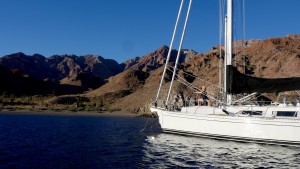
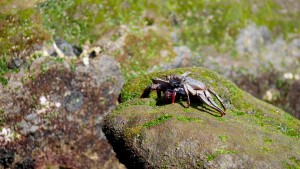
Perspective
Waking up on the boat, at anchor, you never know what side the sunrise will arrive from. Until you go up on deck your whole world can be oriented an entirely different direction. Closer to these rocks, further from that shore, sun at the bow or stern. The beach long and wet, or completely gone with the tide. No sense building Stonehenge on a boat. It’s a pleasant thing to be surprised each morning, to take a moment, coffee in hand and visually adjust to the temporary new reality of your setting. Sailing is about constant change.
Punta el Pescador
Sunrise at Isla el Pescador (Isla Rocallosa)
Last night a light flickered on and off at one of the beach palapas. Otherwise it was still enough that the Milky Way was reflected in the water. Stars and planets shimmered on both spheres. This morning with the sunrise a small group of dolphins (the bigger kind, Bottlenose), porpoised quietly around the boat.
Yesterday we made a grocery run to Bahia de Los Angeles. Anchor, get Namo in the water, lug the groceries (including milk, drinks and beer) back. There are several places to hunt vegetables in this ramshackle little town. Saturday is the best foraging, Wednesday not so much. The biggest and closest sets off a road with broken edges and dusty shoulders up from the main boat launch. There, we were serenaded by a very drunk man sitting beside the checkout counter, snatches of what must be famous Mexican ballads. At least in his mind. It was two in the afternoon, so we had to admire his fortitude, if not necessarily his pitch. With a nod from the woman checking us out using a pocket calculator, we were granted a ride. Bags in the back of the old pickup along side sundry items including used kids paint containers and the battered remains of a pinàta.
Up anchor and a brisk sail out of the bay, to find the oddest wind and uncomfortable chop in Canal de Ballenas. The instruments at the top of the mast dutifully reported 12 knots aft of the beam, but on deck it was maybe 4 and dead aft. Add a little rolling in the chop and the genoa had no idea what to do with herself. We rolled it up and wind promptly jumped to 17 knots and actually felt like it. We were just contemplating unfurling when the certified cetacean addict on board belted out an emphatic “Thar she blows!” pointing between us and the “dangerous submerged rocks” along shore to starboard, by Punta Don Juan. A good Captain knows his crew, and doesn’t have to be told what they expect. Hard to starboard, damn the rocks. A whale! For anyone following our track closely, these odd detours rarely mean we are lost, generally they are motivated by whales, dolphins or birds diving over fish (and we power off course with yellowtail, sushi on our minds). This particular whale, a small humpback (we think), was doing some mighty tail slapping (‘lobtailing’) and it was dramatic. We were able to get pretty close and enjoy the show for a while, before the cetacean-lover who can never get enough, conceded that she also did not want to drop anchor in the dark.
Esta Ton/Isla Angel de la Guardia
This pretty little cove is the only place you can anchor along the west coast of the island. Otherwise it is an impressive mountain ridge that reminds us of mountains in drier parts of Nevada. A vein of red up on the peak just north of us stands out in the nearly bare rock and down at the water level, darker stone is streaked with veins of white. The hook of shore that embraces us to the east is crowned with a classic, cardon cactus. It stands like a familiar marker of a blue ribbon anchorage, like the lone cactus at the saddle around from Dog Bay on Isla Tiburon. We’ve left the mountains, but here at least we have familiar landscapes at the edge of the sea.
The results about Diana’s Uncle Tom, came yesterday. The tumor in his brain, stage four, aggressive. This evil thing developed quickly, and they can only guarantee that they were not able to get all of it. This has been a hard test for Diana, who dearly loves her uncle, unabashedly claiming status as the favorite niece (he makes each one feel they have the title). If she were in Montana, she would have booked a flight, been there when Camille and her Uncle Joe came to see their little brother. To get there from here we would have to sail backward, downwind to Santa Rosalia where the boat could be kept safely. Rent a car, drive to Loreto. It’s doable, but it’s a big lift. We’ve just begun. We will turn back in a few weeks. The fact is that there is time, that right now the doctors need to do their thing, the long shot trial treatment he only qualified for because his tumor is the worst kind.
All this comes as we find ourselves further and further away from the usual communication infrastructure. We connect now only by satellite and it’s pretty good, better than it would have been just a couple years ago, but as days go by and we’ve seen only two other boats, and a handful of panga fishermen, we are very aware of how remote this beautiful part of the world is. My computer crashed, so this iPad is our only link, and Diana is feeling the distance from family and friends that weighs against her passion for this adventure. We feel our friends going on with lives that are very different than whatever this will be. There is something oddly unsettling about the idea that a trip has been planned to Bali. It will takes us four years, at least, to get there as we wait out the seasons and visit the places in between. It’s not just that sailing is slow, our top speed is about twelve miles an hour, eight is more typical, but we are at the mercy of the wind in the most absolute sense. So if it’s going to blow hard for a week to the point that beating against the seas would be pointless or even dangerous, we have no choice but to hide out until it stops. We have to make sure when we move that we know where we’re going to hide when the next norther sets in, or the next cold front makes a surprise visit. A place where our anchor can hold us. It’s the waves that are the enemy, not really the wind. Though the 39 knots gusts that accompanied the last front shook Allora and tipped her over and strained her anchor bridle, our little hurricane hole (Puerto Don Juan) was pretty impervious to the big rollers we could see smashing out at the point, and it wasn’t too bad. We just can’t afford to get it wrong and get caught on the wrong side of an island. This will be the same thing on a much bigger scale as we make our way from Mexico to Central America, passed the infamous Gulf of Tehuantepec where gail warnings with 40 knot winds and huge seas are more common than the rare two day weather windows. Then there is the big blow that drives our schedule as well; hurricane season starts in June or July and doesn’t quit til November, when it picks up in the southern hemisphere.
We sailed to this little cove from Puerto Don Juan. Flat water, and a quick port tack, the wind freshened to 20 knots just as we arrived on a beam reach. The hydrogenerator was cooking, putting out thirty amps plus twenty from the solar panels. Power has not been a problem here in sunny Baja. In fact, I put away our extra solar panel because it was unnecessary. We haven’t been plugged in since we left La Paz back in January, and still our batteries are regularly topped off. Between solar that just gets better with spring coming, the hydrogenerator and two alternators on engines when we occasionally have to motor, or power in and out of anchorages, or detour to do a little fishing or whale watching, we’re set. Our biggest power eater is making water, which costs us about 37Ah for thirteen gallons of fresh water. We decided not to top off in Santa Rosalia because their water was so hard. We took a little and diluted it with our own. We’re careful with water, mainly because we don’t like the noise of the watermaker running. No doubt, compared to some of our fellow sailors here in Baja (a few don’t carry watermakers and have to haul it onboard), we are pretty fresh water rich. It’s pretty cool, using sunshine and motion to provide ourselves with showers and drinking water.
We’ve seen just two other boats up in the Northern Sea. One was a fancy trawler named Salispuedes, after the anchorage where she was moored. The owners, retired farmers from Great Falls, took me fishing in their very tricked out fishing skiff, and taught me a few things that have significantly improved my fish catching. The second was a sailboat singlehanded by a gentleman (kackies, belt and long sleeved polo shirt) from Vancouver island, who shared Puero Don Juan for the big blow.
Ballena/San Ignacio
Puerto Escondido and points North
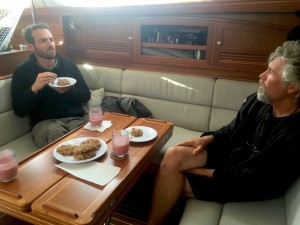

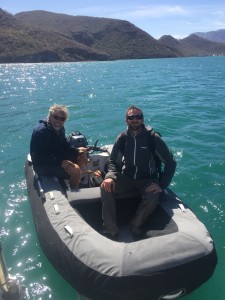
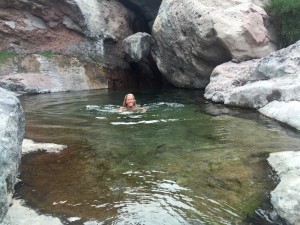
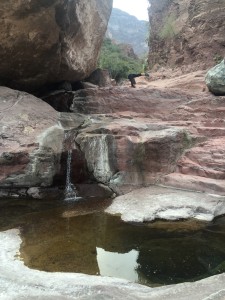
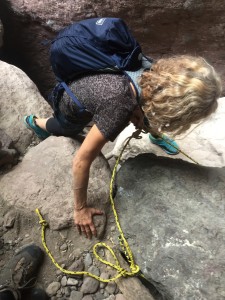
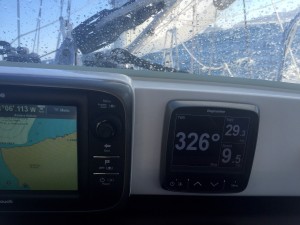

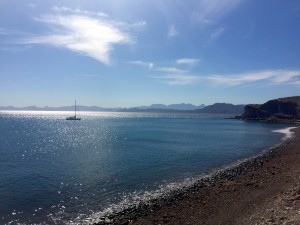
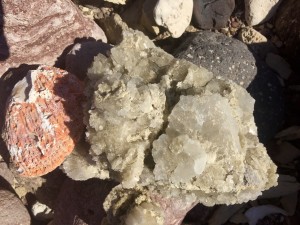

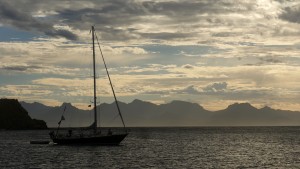
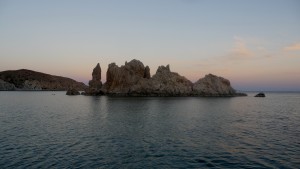
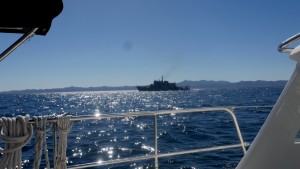
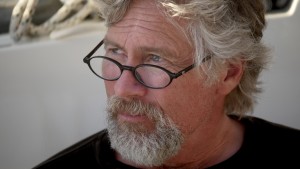
La Paz, Todos Santos and island stops north to Puerto Escondido
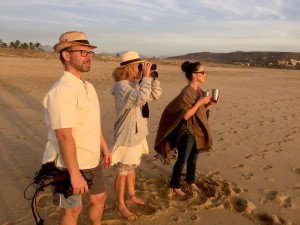
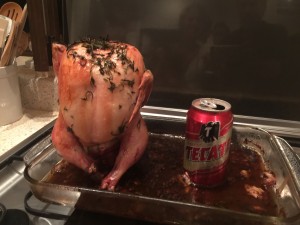
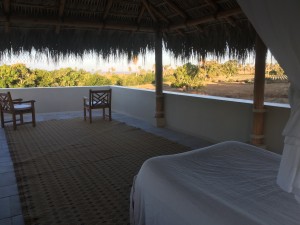


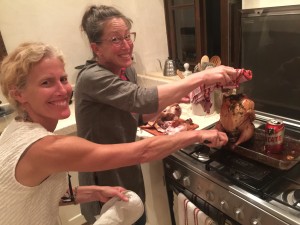
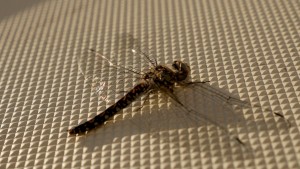



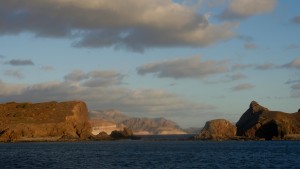
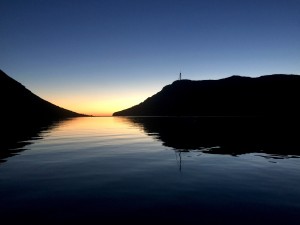

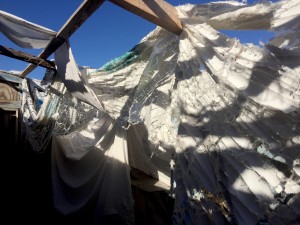
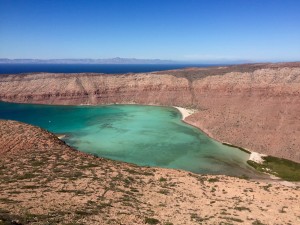
We had spent Christmas in this anchorage, and hiked with a full moon across this lagoon to the East side of Espiritu Santo, so it was great to get this ‘aerial’ vantage point from our hike out of Caleta Partida.
Dolphins (hundreds of them) off Isla San Marcos, BCS
Bahia de los Muertos to La Paz – Bahia El Cardonal
We really didn’t want to arrive in La Paz on Christmas Day, Friday before a weekend, knowing we needed to be all the way to Loreto by the thirty-first. A night sail was proposed. The winds were forecast as practically non-existent, but a nearly full moon would make a pretty motor of it anyway, and we’d have half a day before businesses closed to get a few things done. We weighed anchor after a nice meal ashore, marred only by a drunk Gringo reverting to toddler state from an afternoon of margaritas.
We motored far enough to clear the shoals and raised the main just in case the wind came up despite the forecast. Wyatt and Haley retired to their bunks and sure enough a nice breeze kicked up as we cleared the point. With the genoa unfurled and a beam wind from WSW, Allora took off nicely. The moon was nearly full and it was magical. I went to my bunk and Diana woke up Wyatt to share the watch with her, in case the wonderful sailing didn’t last. But the breeze held as we sailed up the Cerralvo channel at eight knots. There’s something about sailing at night that we really are hooked on, the stars and dark horizon and the anticipation of dawn. Diana woke me around 2 o’clock. The wind had veered ahead of us now, but it still looked like we could make our waypoint at the San Lorenzo Channel into Bahia de La Paz. Haley joined me for the next watch as we headed up and tacked our way through the channel markers, looking up at the stars and snuggling to keep warm. The moon shimmered on the waves and we watched a small forest fire burning high in the Sierra de la Laguna. We inched our way back and forth against a west wind through the small red and green channel markers, that seemed so close, even miles away. Haley went back to her bunk after a couple hours and I continued tacking against wind and current which seemed determined not to let us pass. Swinging ever more due west and forcing me north on the port tack and chasing me back into the channel on starboard. But it was fun sailing and other than waking my sleeping crew with each tack as the sheets ground through the genoa cars right over their heads, it was a great. We had moved so quickly during Diana and Wyatt’s watch and we didn’t want to arrive in La Paz in the dark anyway. Just before dawn Wyatt took over for the sunrise watch and I slept until he got a call from the Lompampo Ferry on the VHF, bearing down on us at 17 knots as we approached the channel entrance. I helped Wyatt with a quick tack and made coffee while he steered and Allora topped 9 knots.
We pulled into our slip next to a couple particularly ostentatious motor yachts (which does seem to be the whole point of these vessels) and Diana went into Diana mode — compressing the errands which any sane crew would allot a week for, to half a day. The plan was to sail to Loreto, upwind over the next five days, so we needed provisions. We also needed to make room for “the Grandmas,” Elizabeth and Camille, which involved some repacking of the stuff in the big cavern forward under our bunk.
Things closed at one o’clock and as we unloaded our provisions, Christmas eve was celebrated with carols sung at the marina in an organized program put on by the boating expats of La Paz. There was amplification and electric guitars, but I couldn’t help feeling that my fellow sons and daughters of meek religious pilgrims didn’t really seem to put their hearts into it. I guess the reticence of our Mayflower ancestors runs deep. Nobody applauded, no doubt because it was a singalong and that would involve the mortal sin of applauding yourself. It was the tenth annual mumble-along to be held at Marina La Paz. Maybe my personal reaction had more to do with misunderstanding the religious component of the holiday. Maybe Christmas eve is supposed to be solemn and serious. We had our own quiet celebration aboard Allora and Haley took some pics of the boats festooned with lights.
We sailed Christmas day on a whisper of wind, which finally quit as we approached the beautiful island, Espiritu Santo. Along the way we spotted some humpback whales, and though a few of the tourist pangas that ferry people out of La Paz for day trips also found them, they hung with Allora. Maybe it’s her black bottom paint that attracts them, but though we didn’t jump in this time, they came close and dove right under us (spottable on the fishfinder), then curiously stuck their noses out of the water.
We anchored at Ensenada el Cardonal. Diana and Wyatt built a driftwood Christmas tree on the beach (while I tried a little fishing and Haley took a catnap onshore) and we celebrated the full moon and the holiday by rowing ashore in water as still as a mirror. We made a bonfire of the tree which scattered sparks up into the starry sky, then hiked across the lagoon through the ghostly cactus to the other side of the island.
By morning the wind was howling out of the west. Further lessons were learned about the importance of putting the dinghy onboard at night, and especially getting the outboard off while the sea is relatively calm. Our only other company in the harbor pulled anchor a few minutes before we did and we watched them head out through the pounding white caps. They started to put up their mainsail, but quickly decided not to and headed south, unfurling some of their jib. It was a stiff breeze out there with some steep chop. Our prop worked hard trying to push us out passed the point, the waves slamming over the bow. We left our main furled, too, and unrolled the working jib and were quickly moving at 9 knots under jib only. Haley had her camera out and popped out now and then from behind the hard dodger like a war corespondent to get shots of the waves breaking over the bow, until Wyatt went forward to take care of the main halyard and noticed that the sail hatch was open. Fixing that problem was a lot of work, and there are still problems we’re dealing with including a bowthruster that still isn’t working. There was a lot to be dried out at the anchorage at Isla San Francisco. THAT won’t happen again!
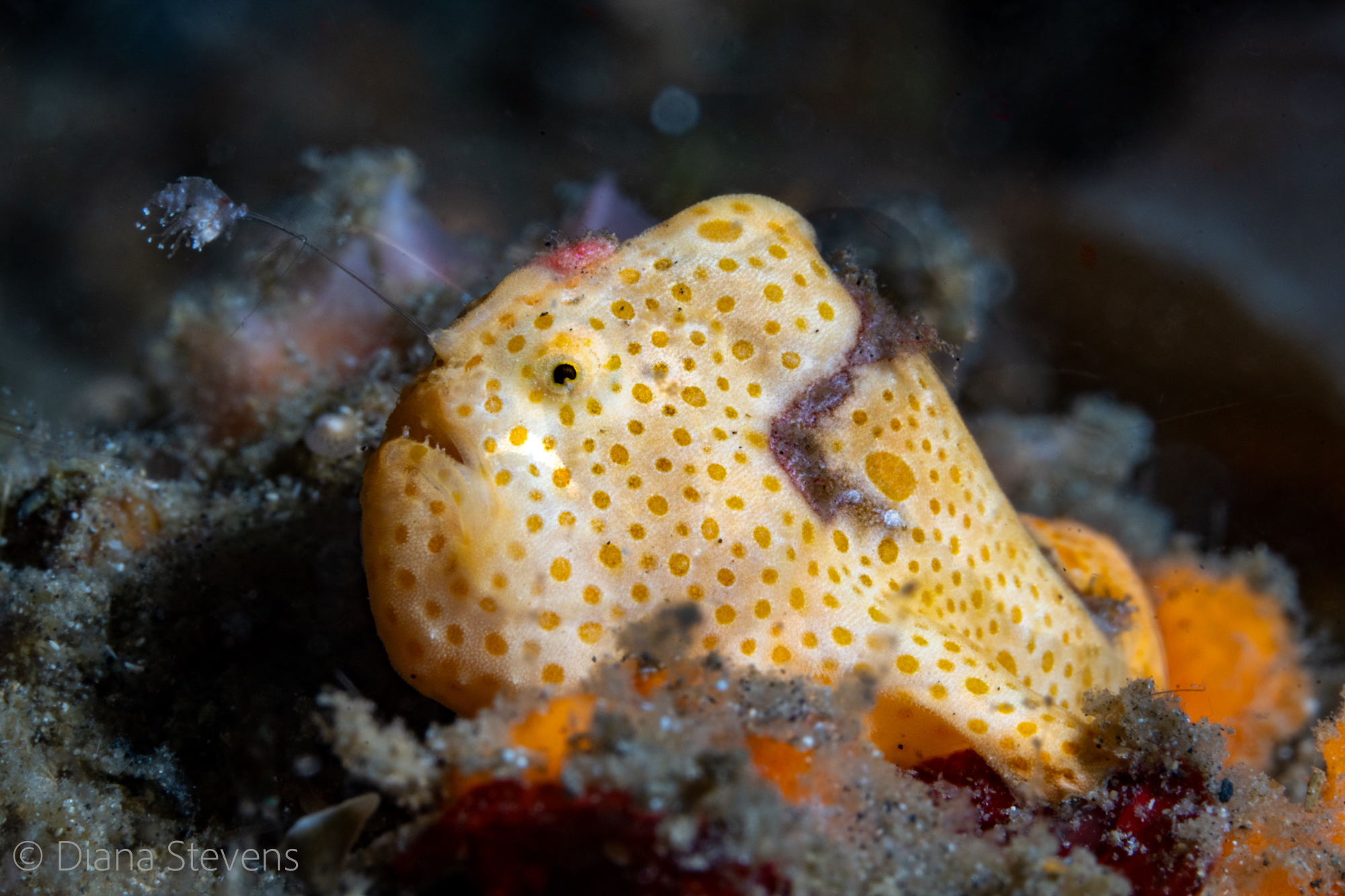

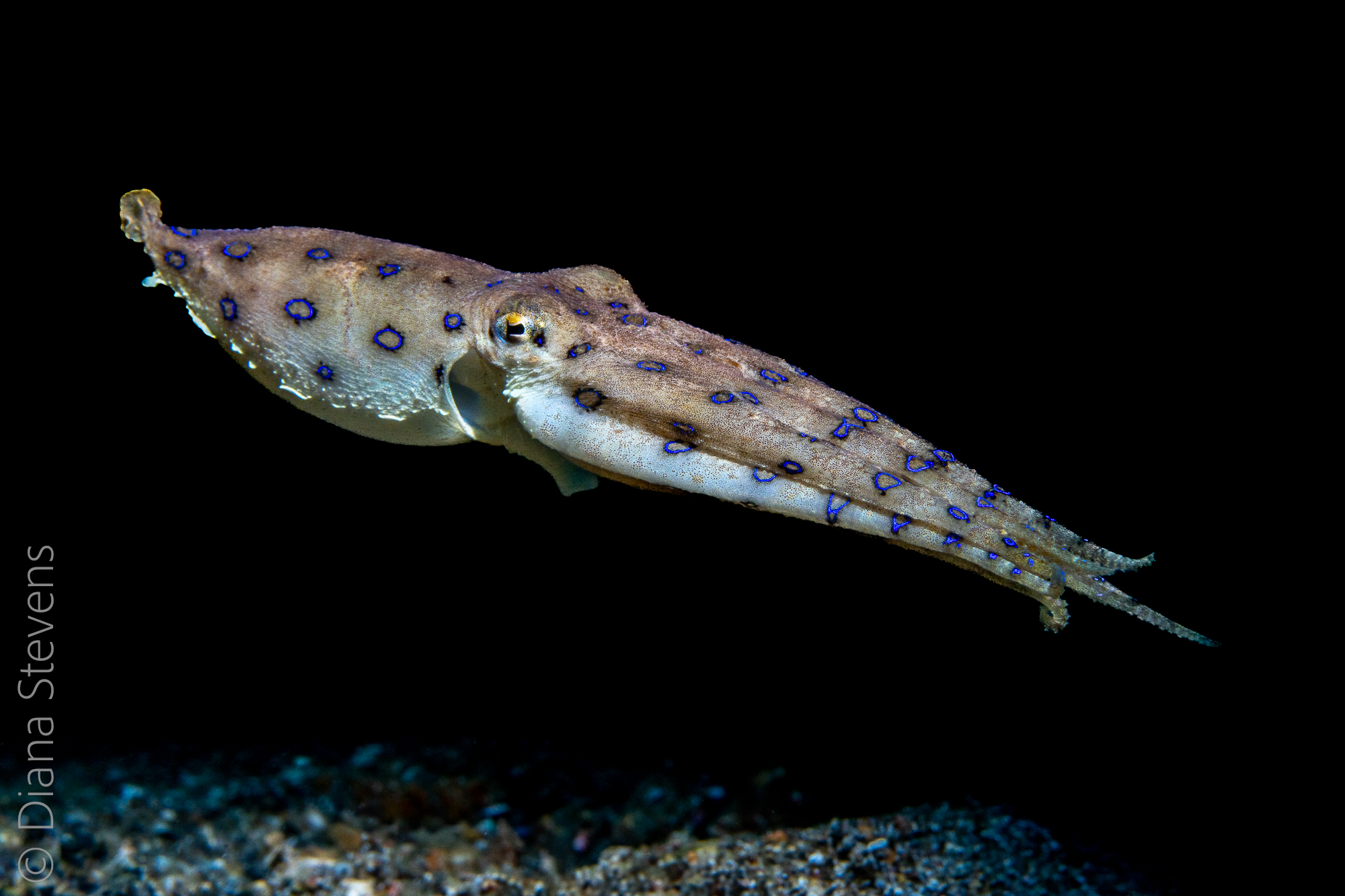

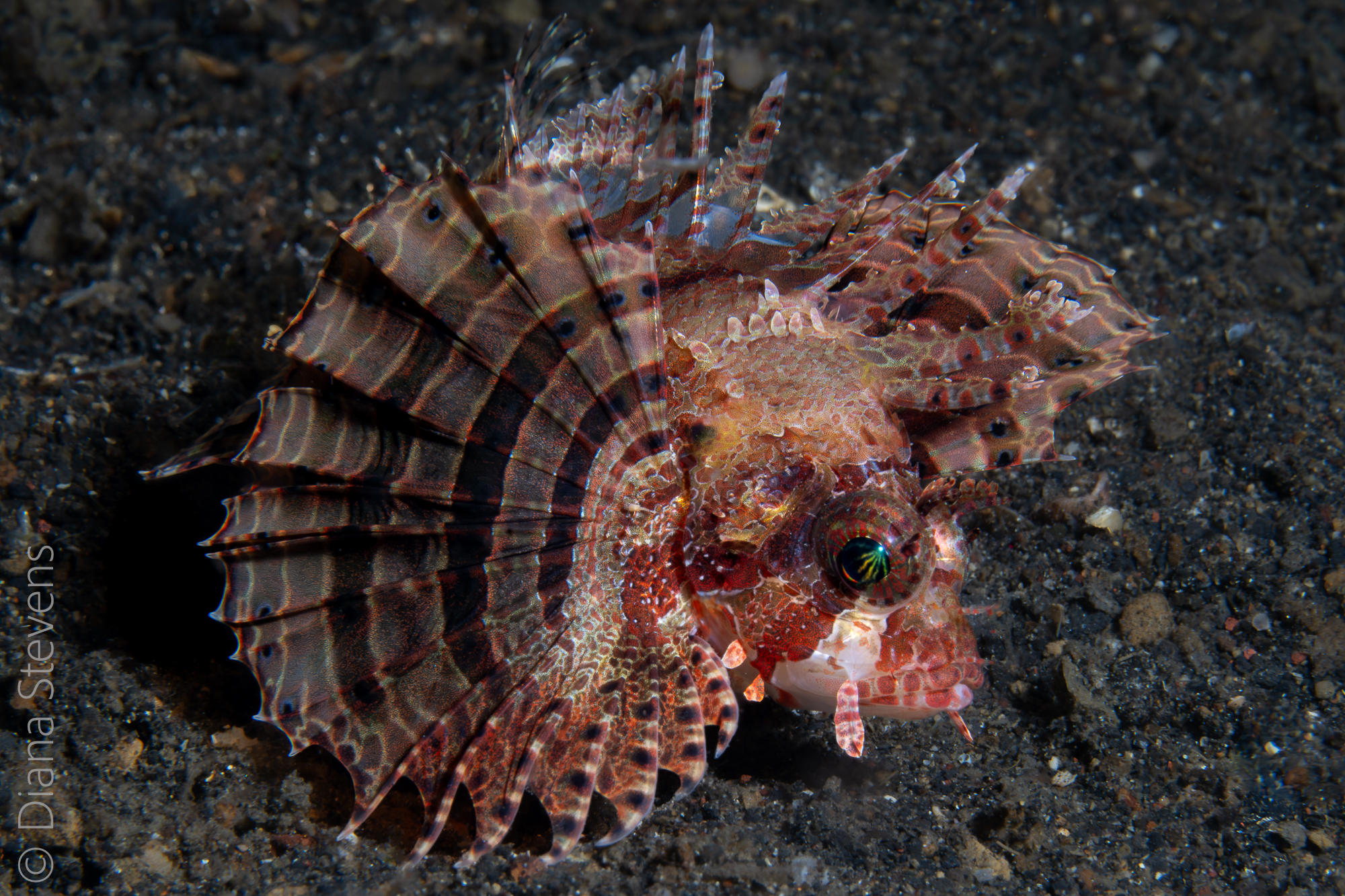


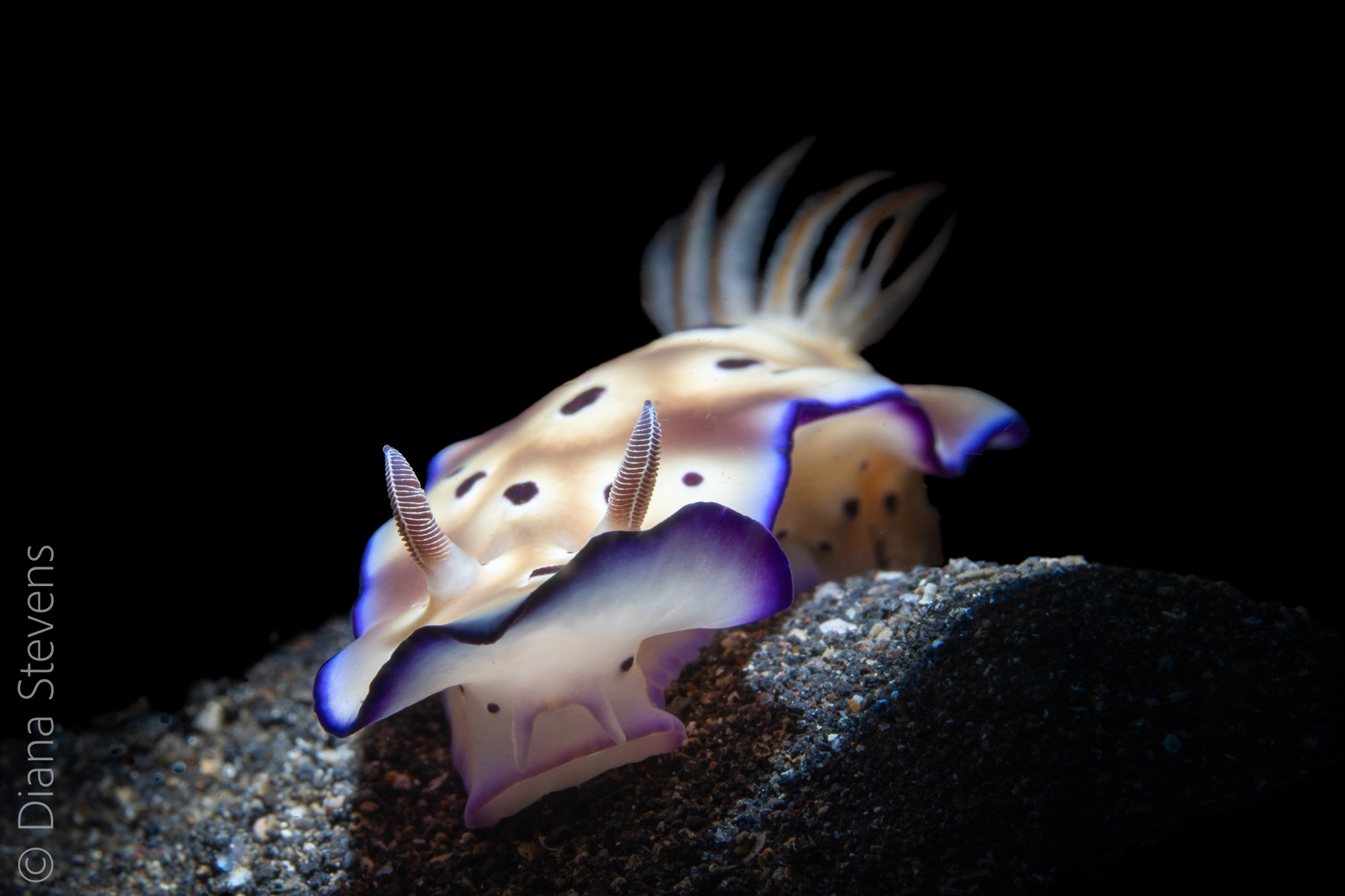


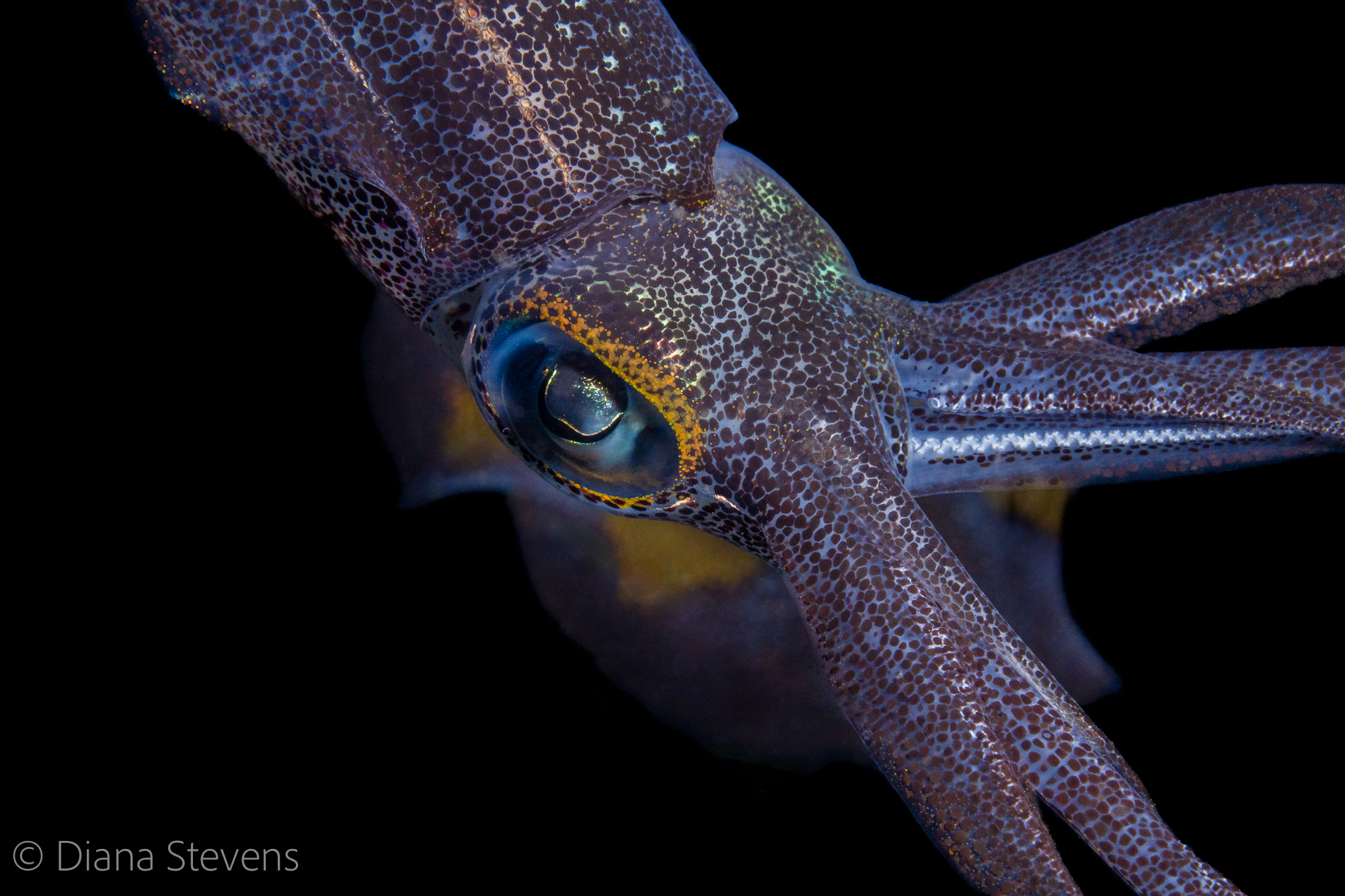
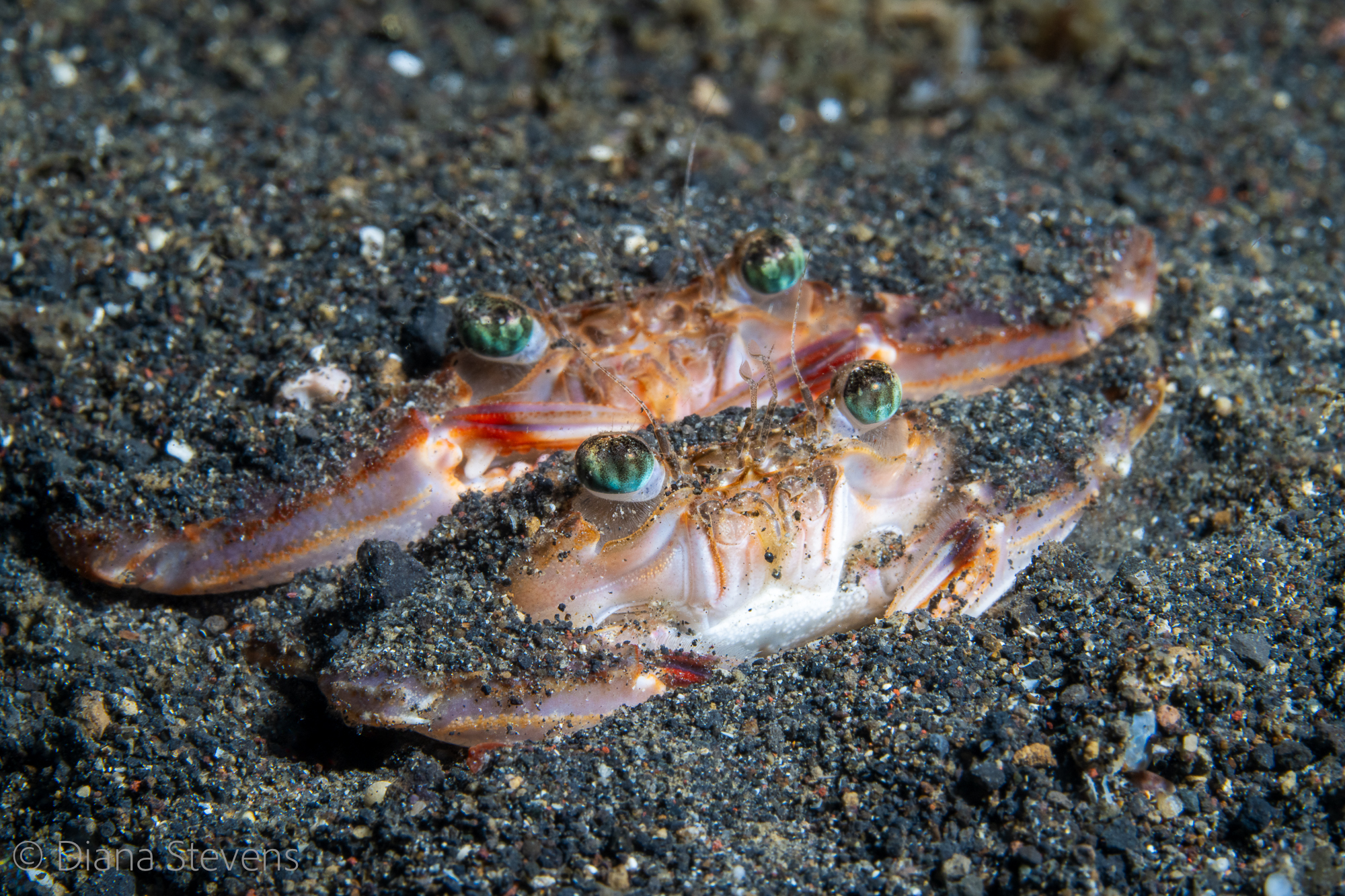

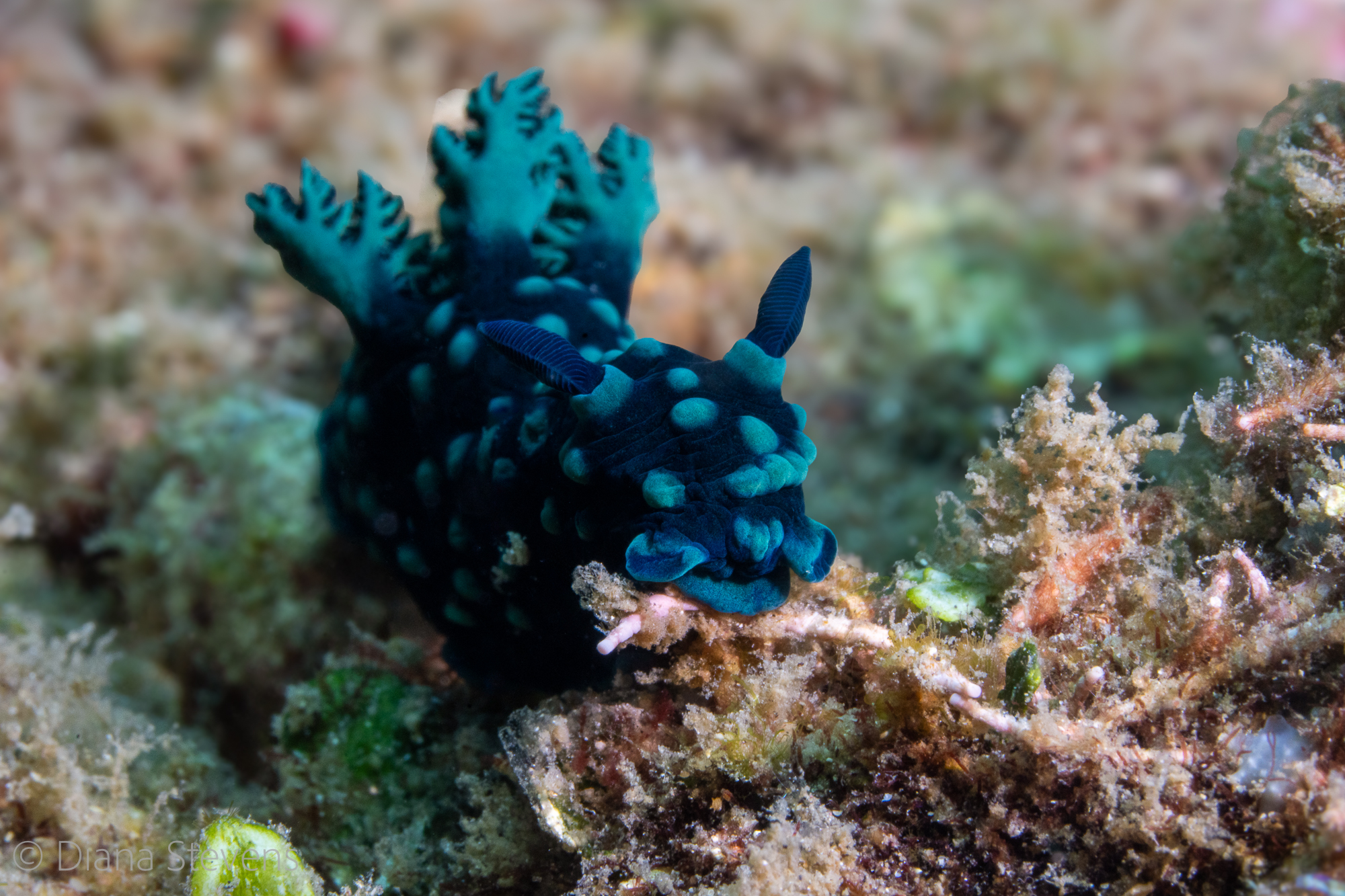

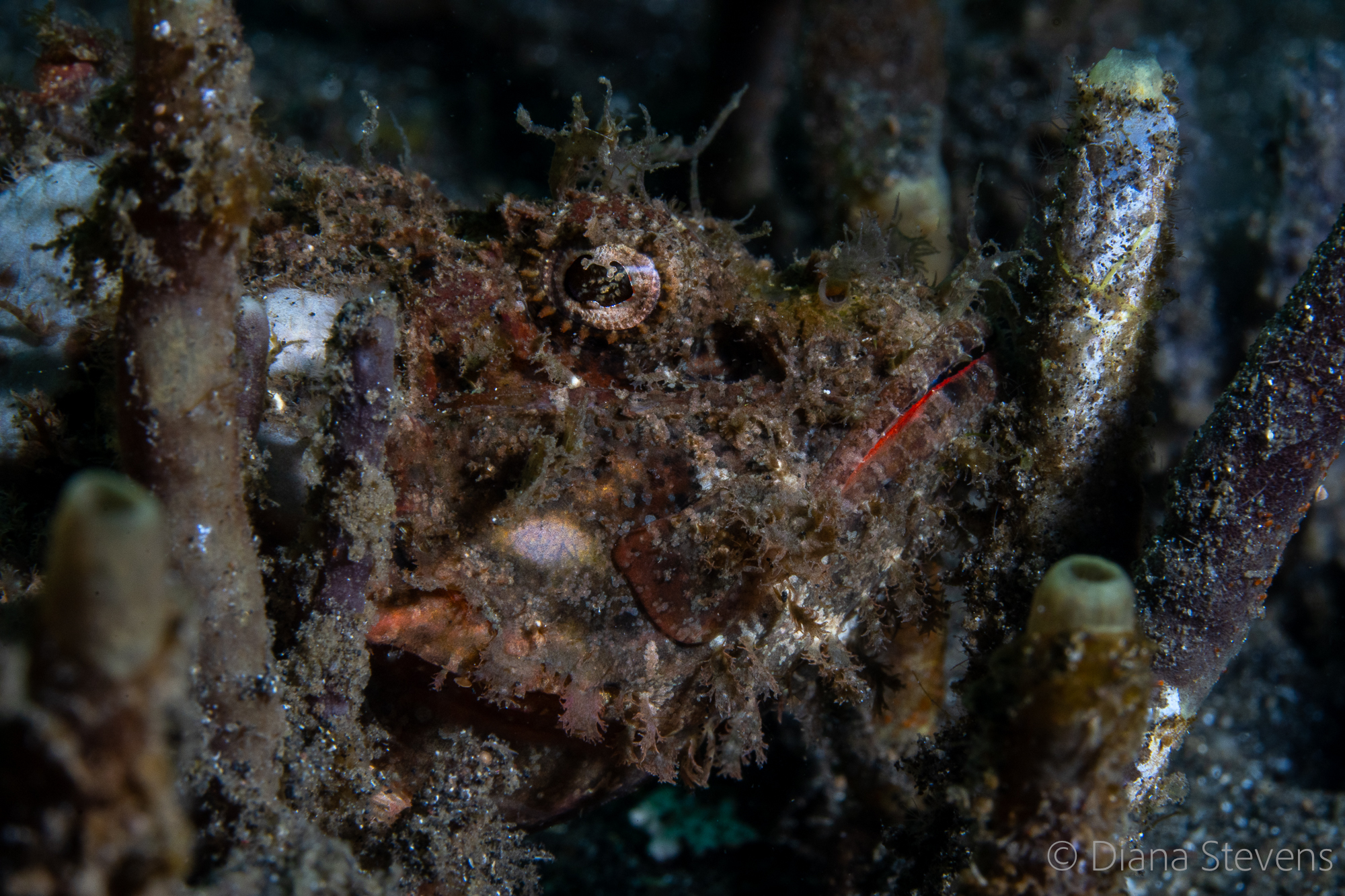
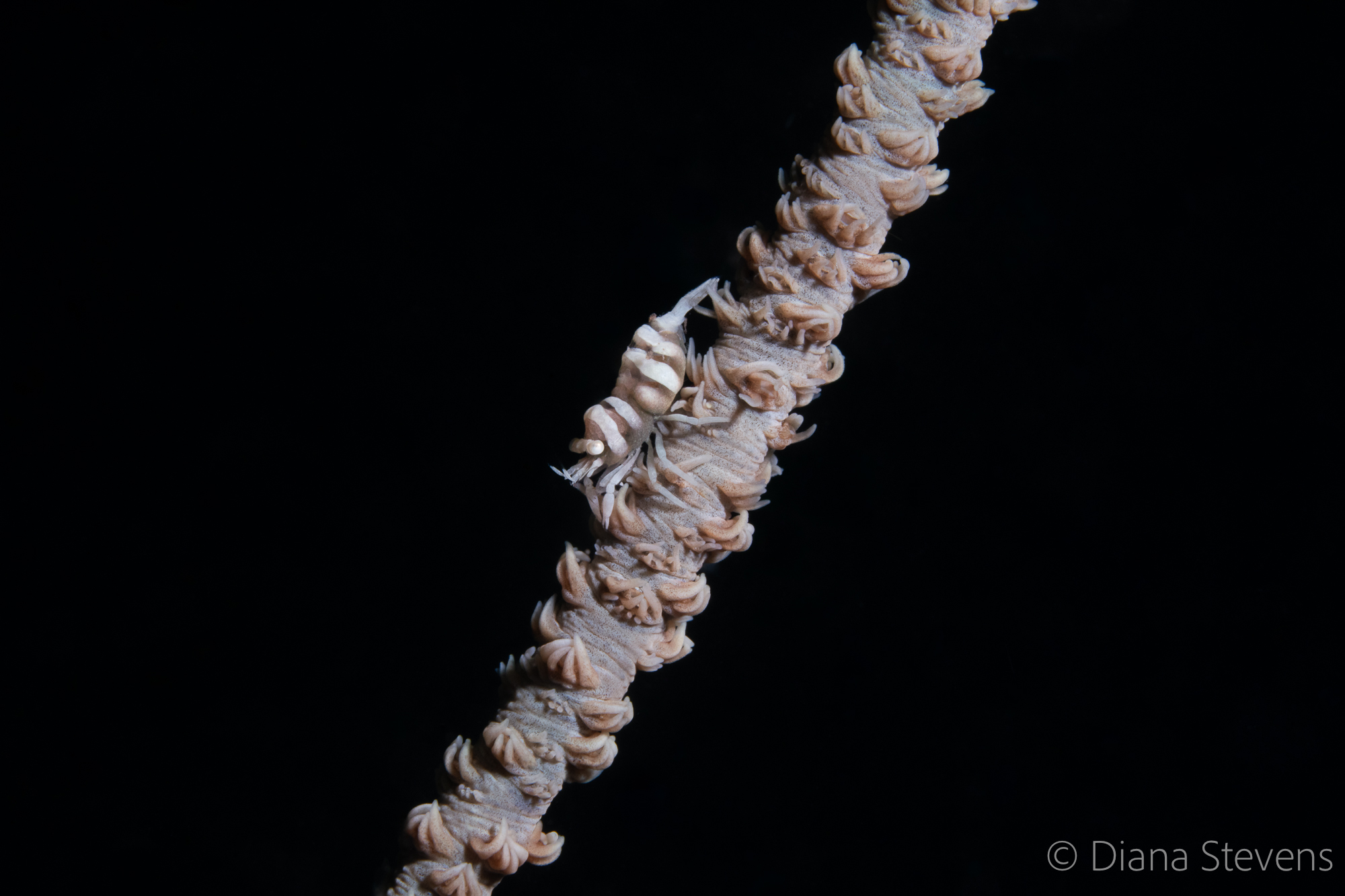
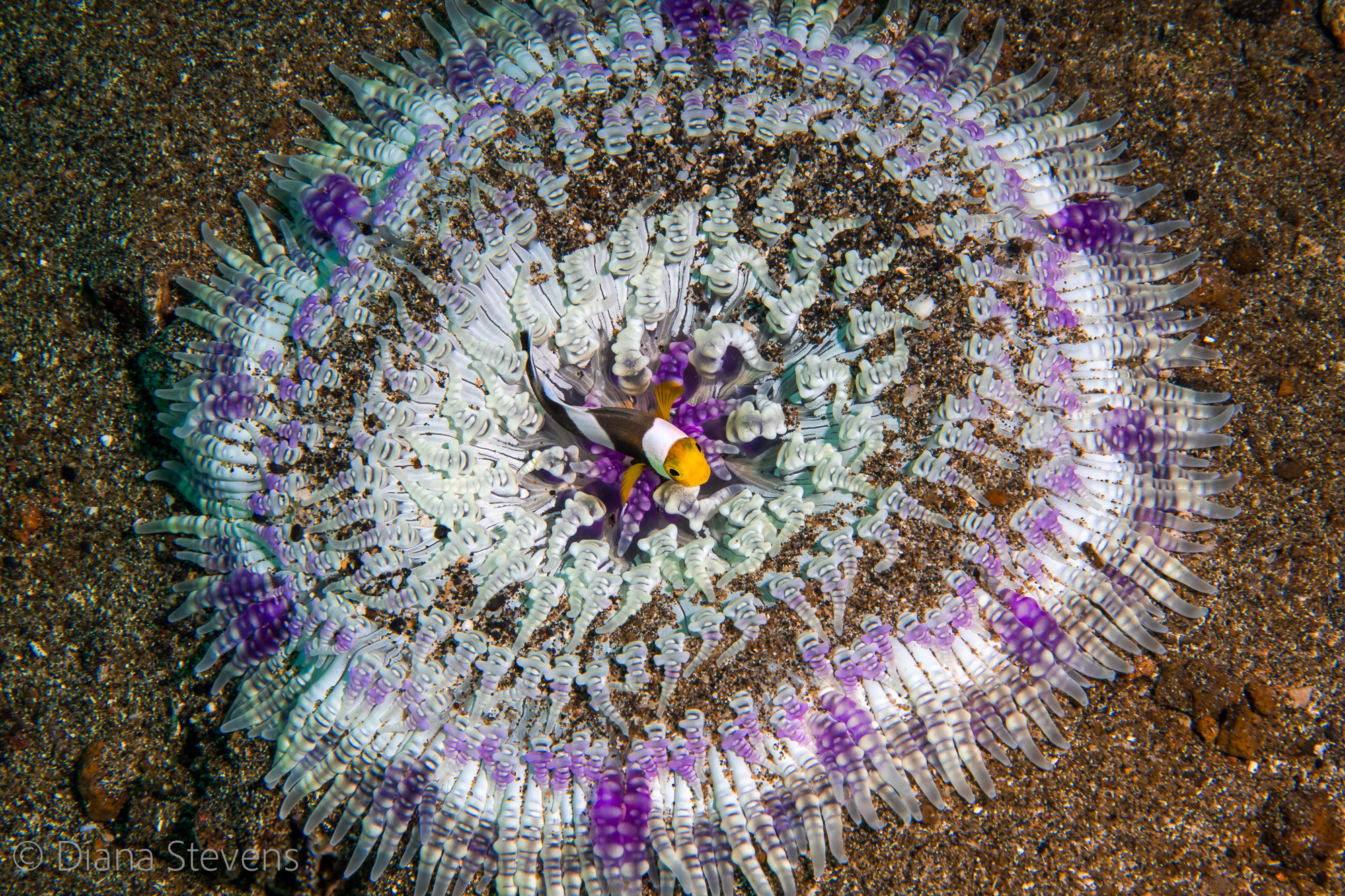
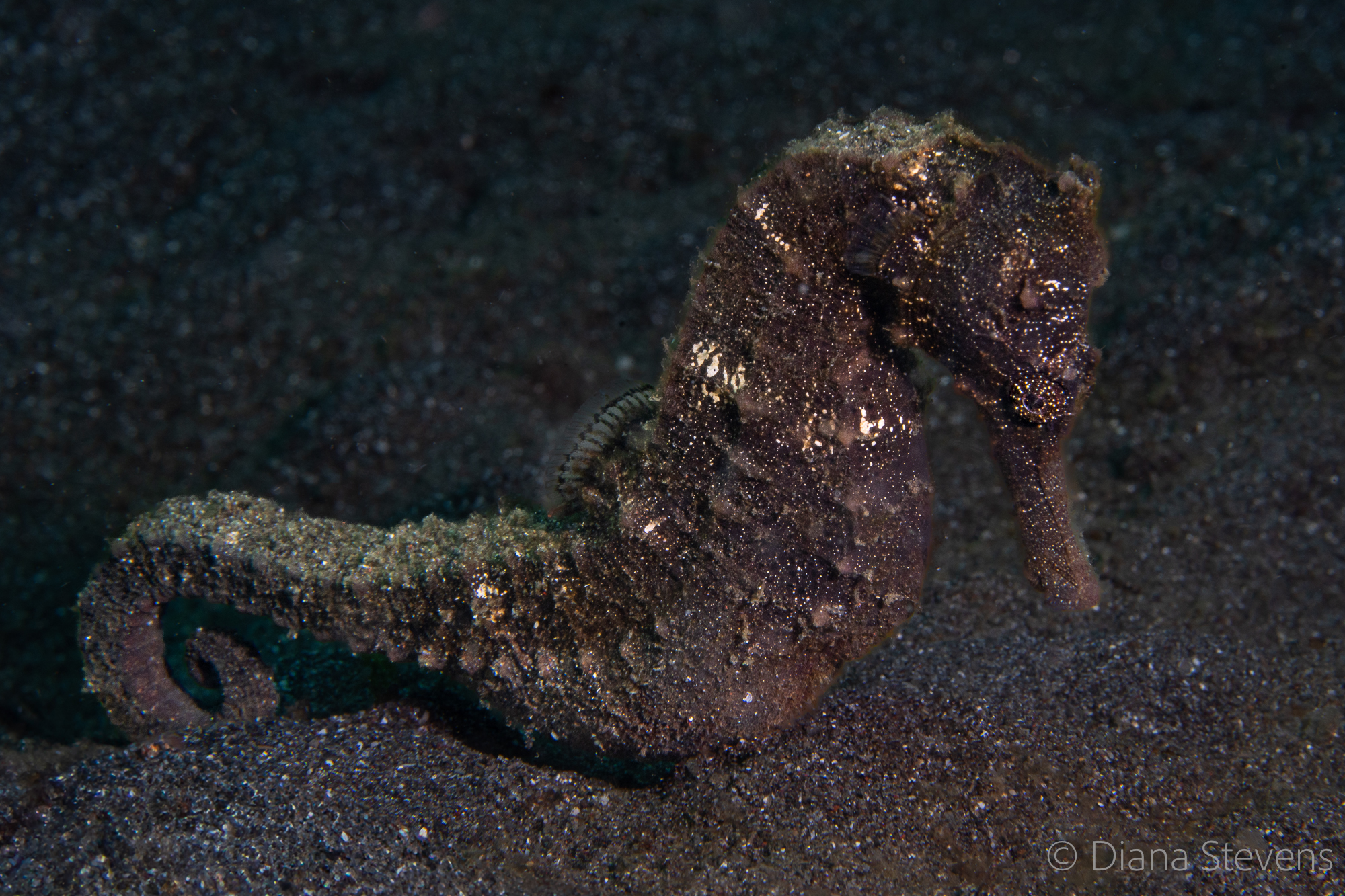
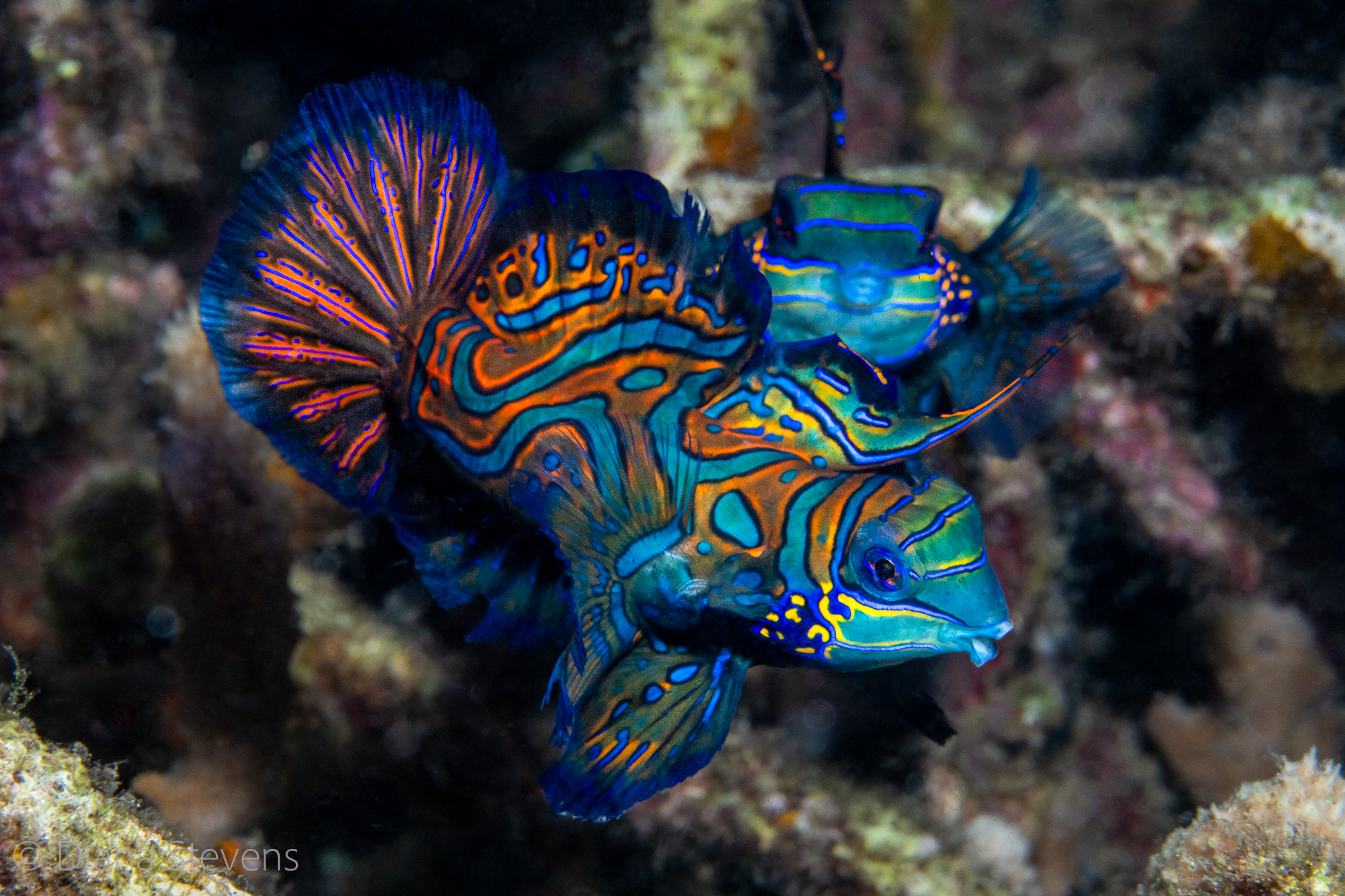
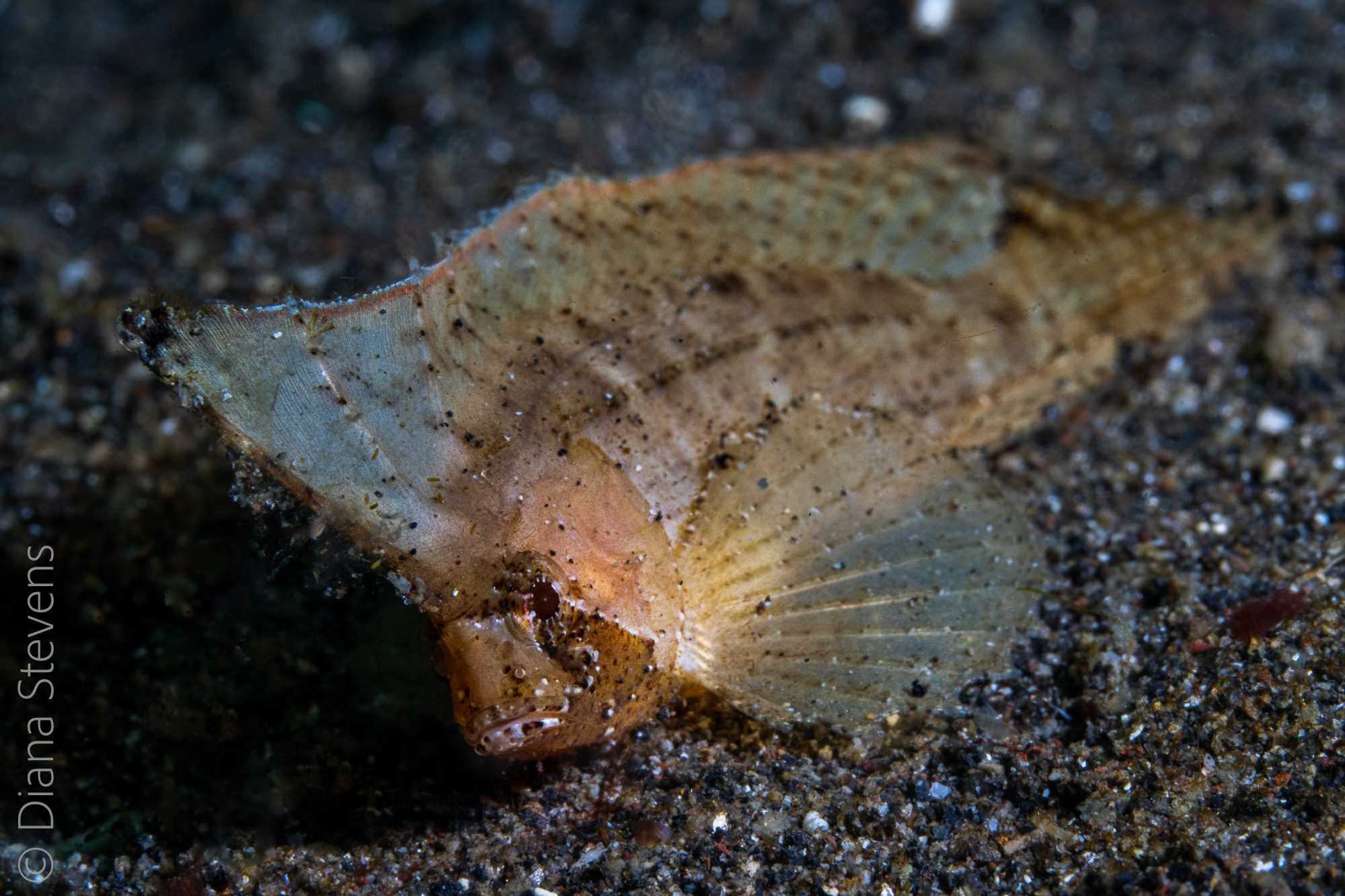




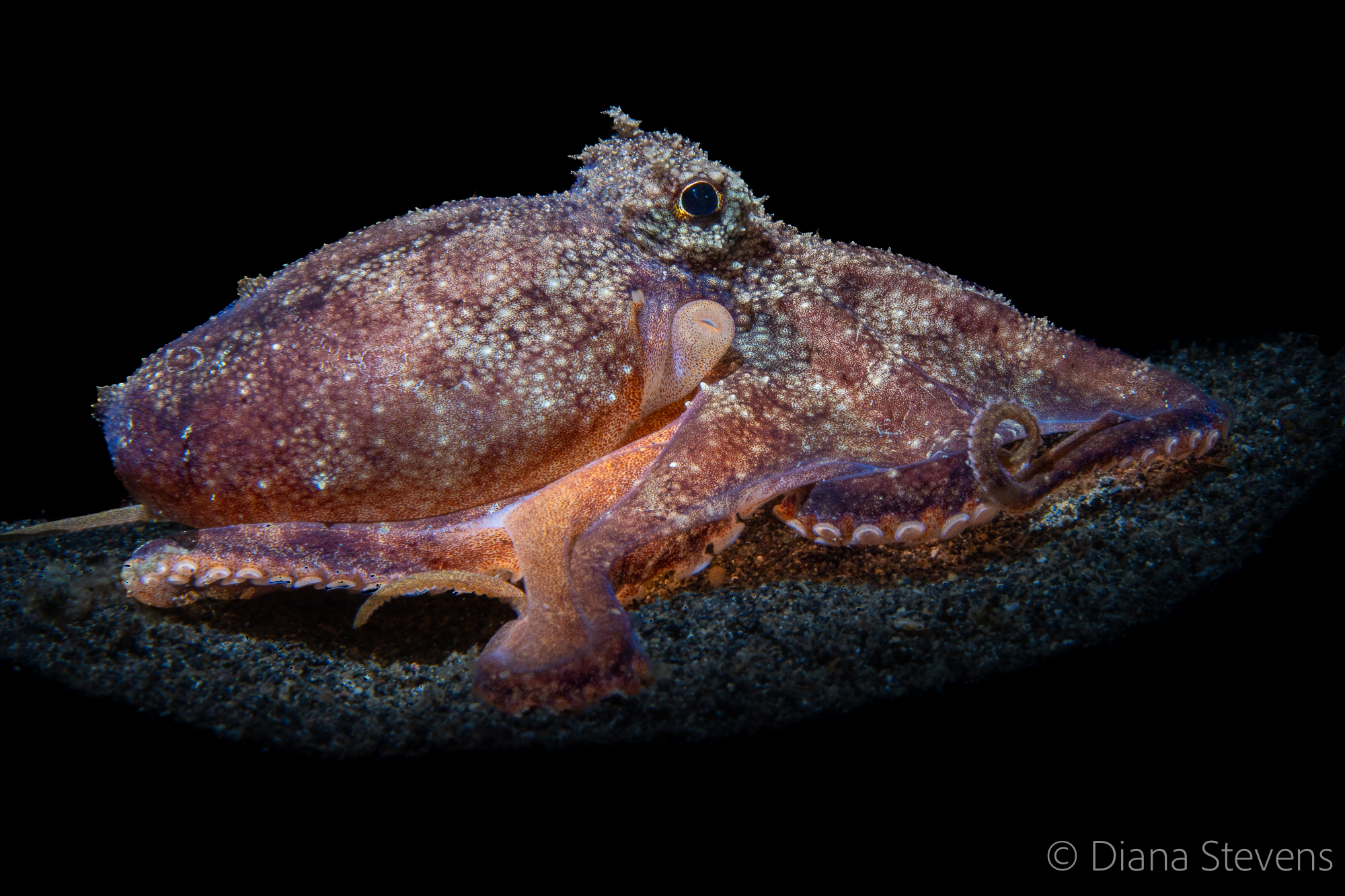
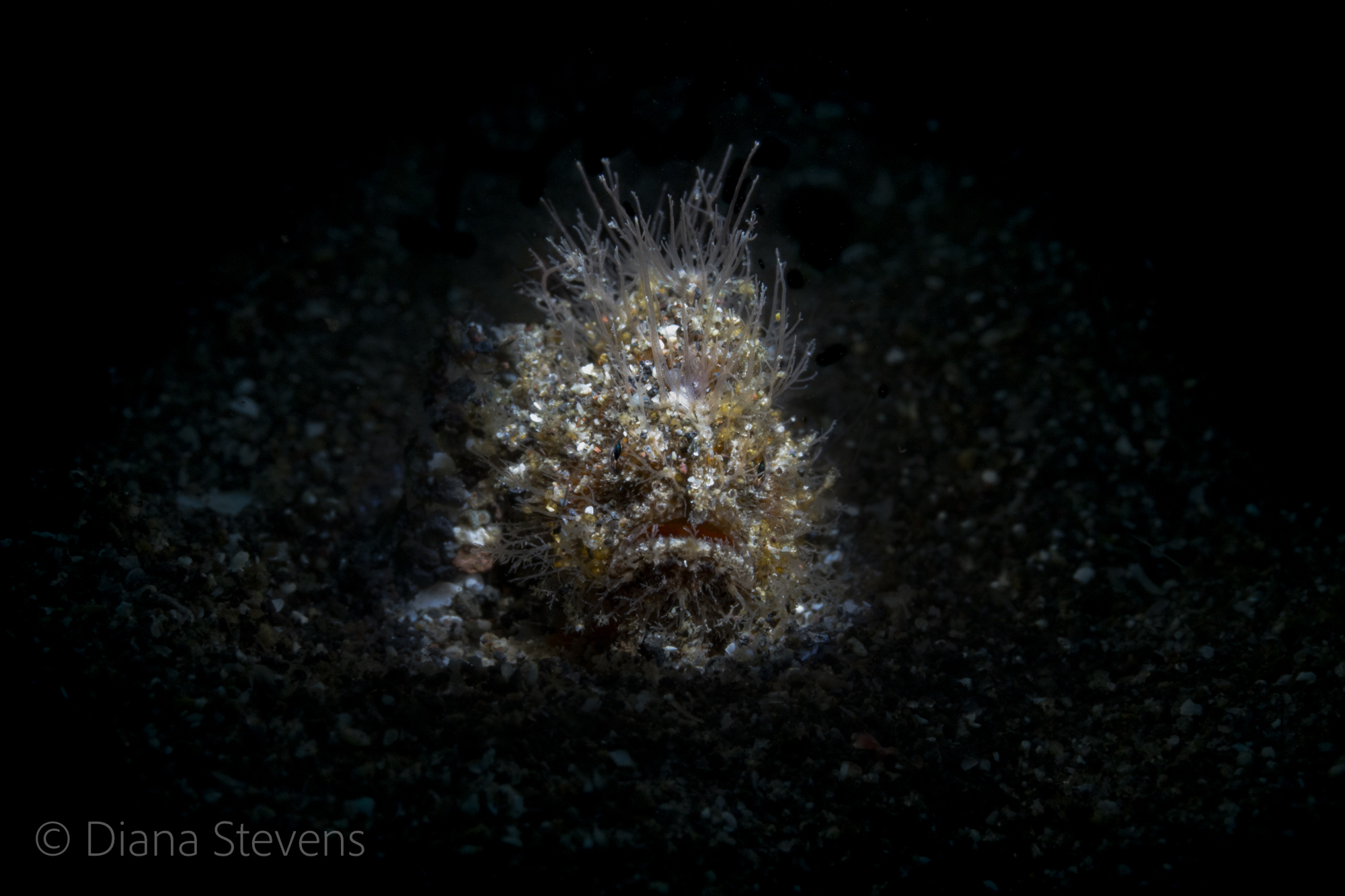





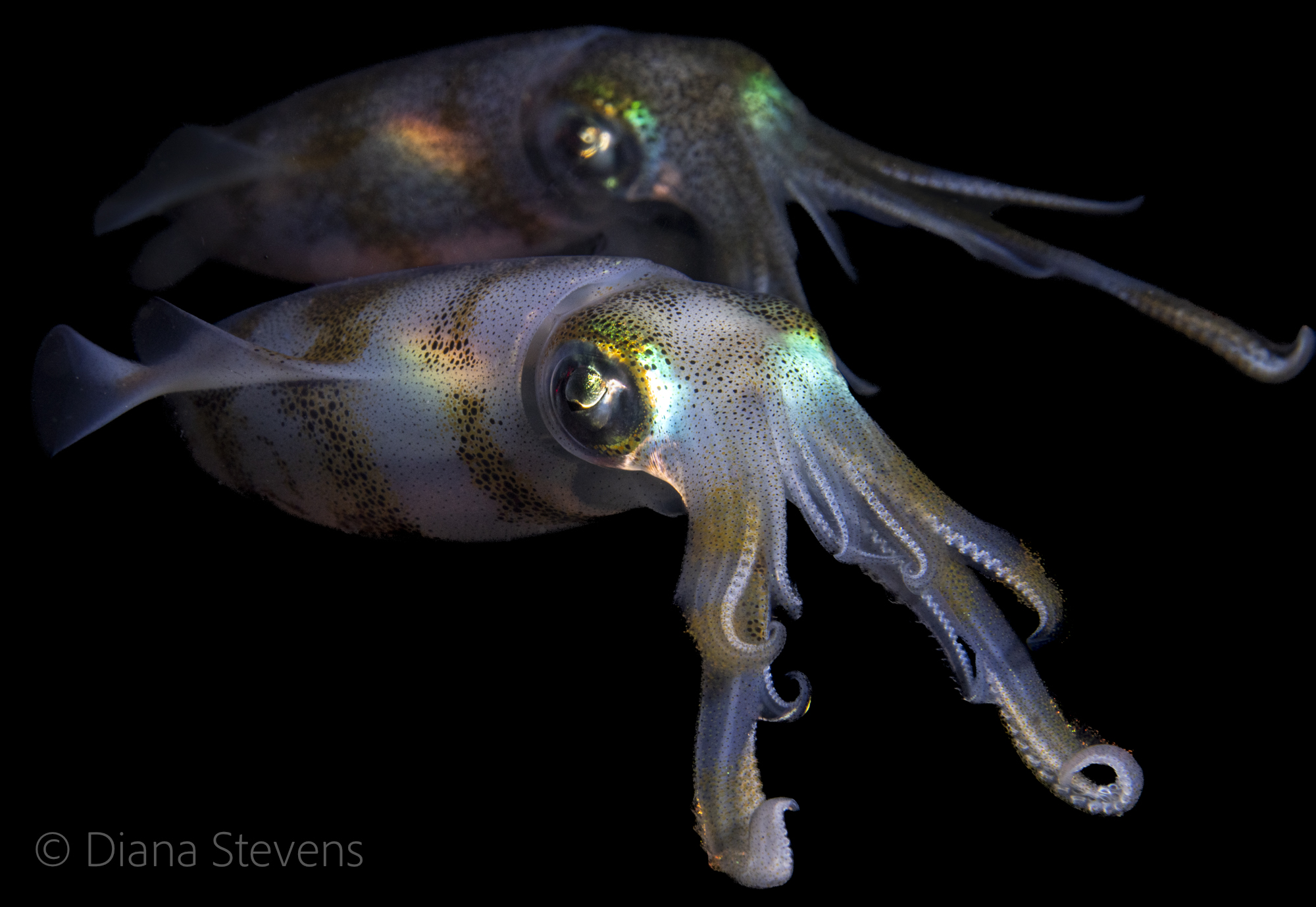

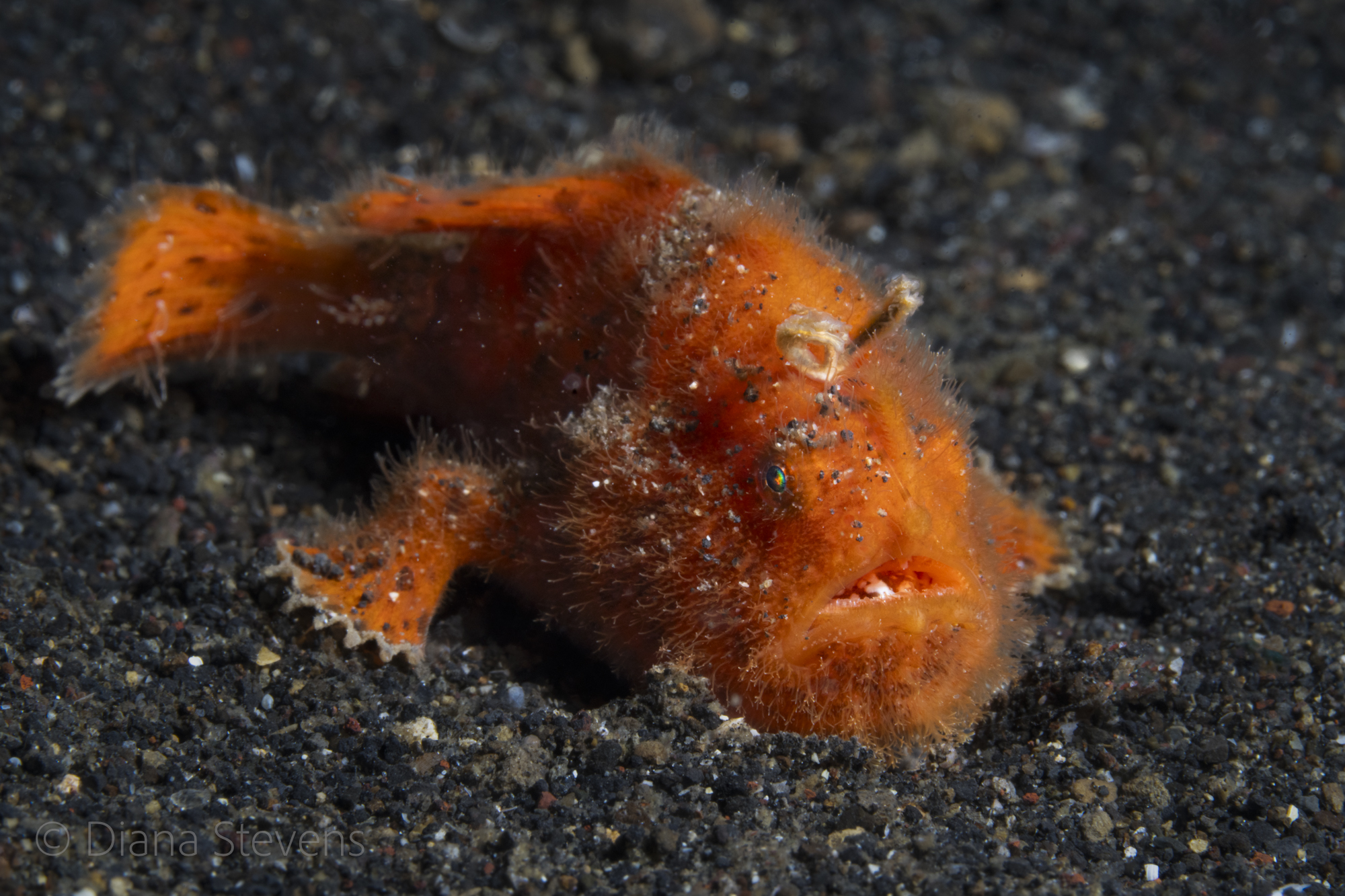
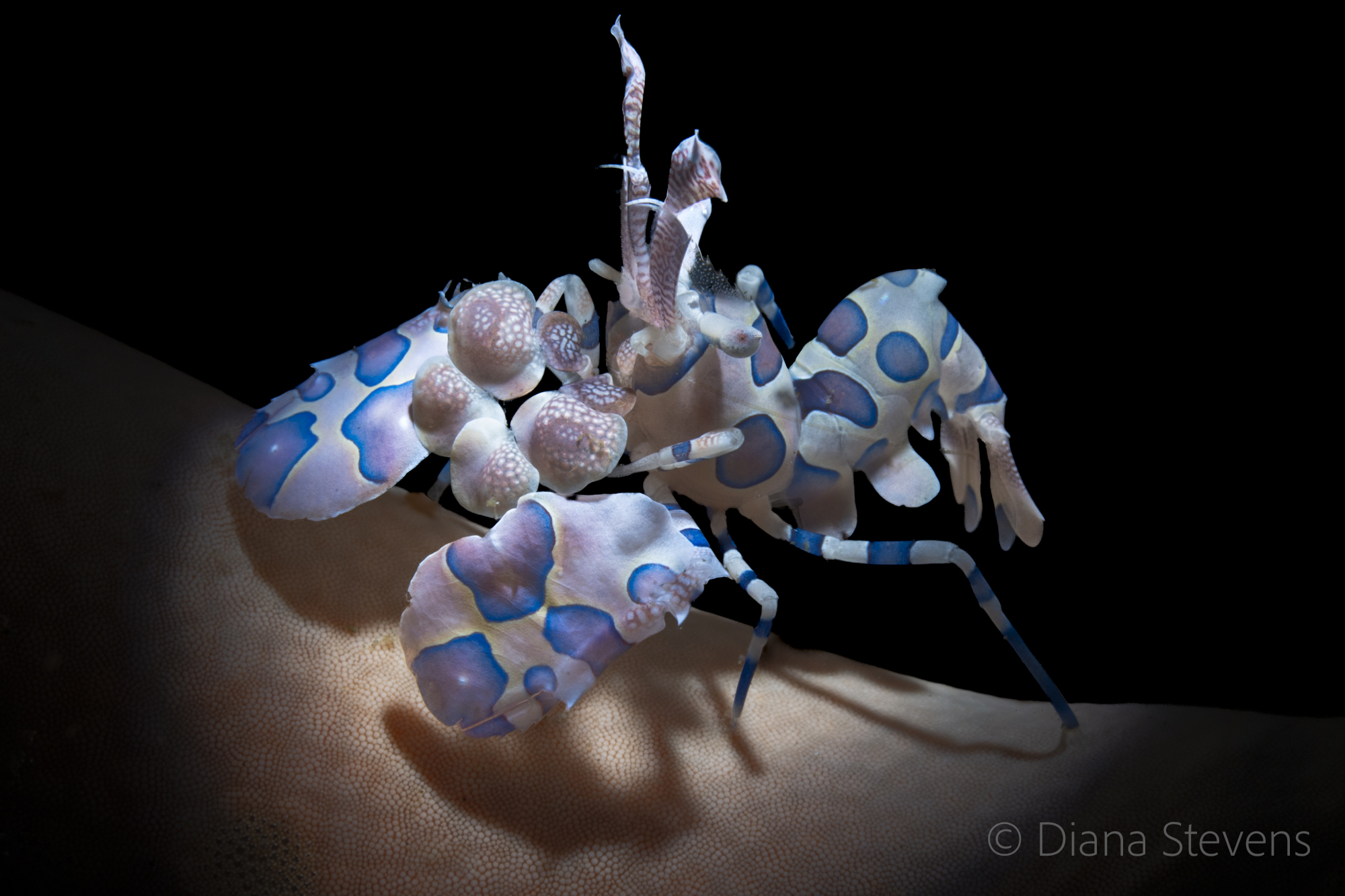
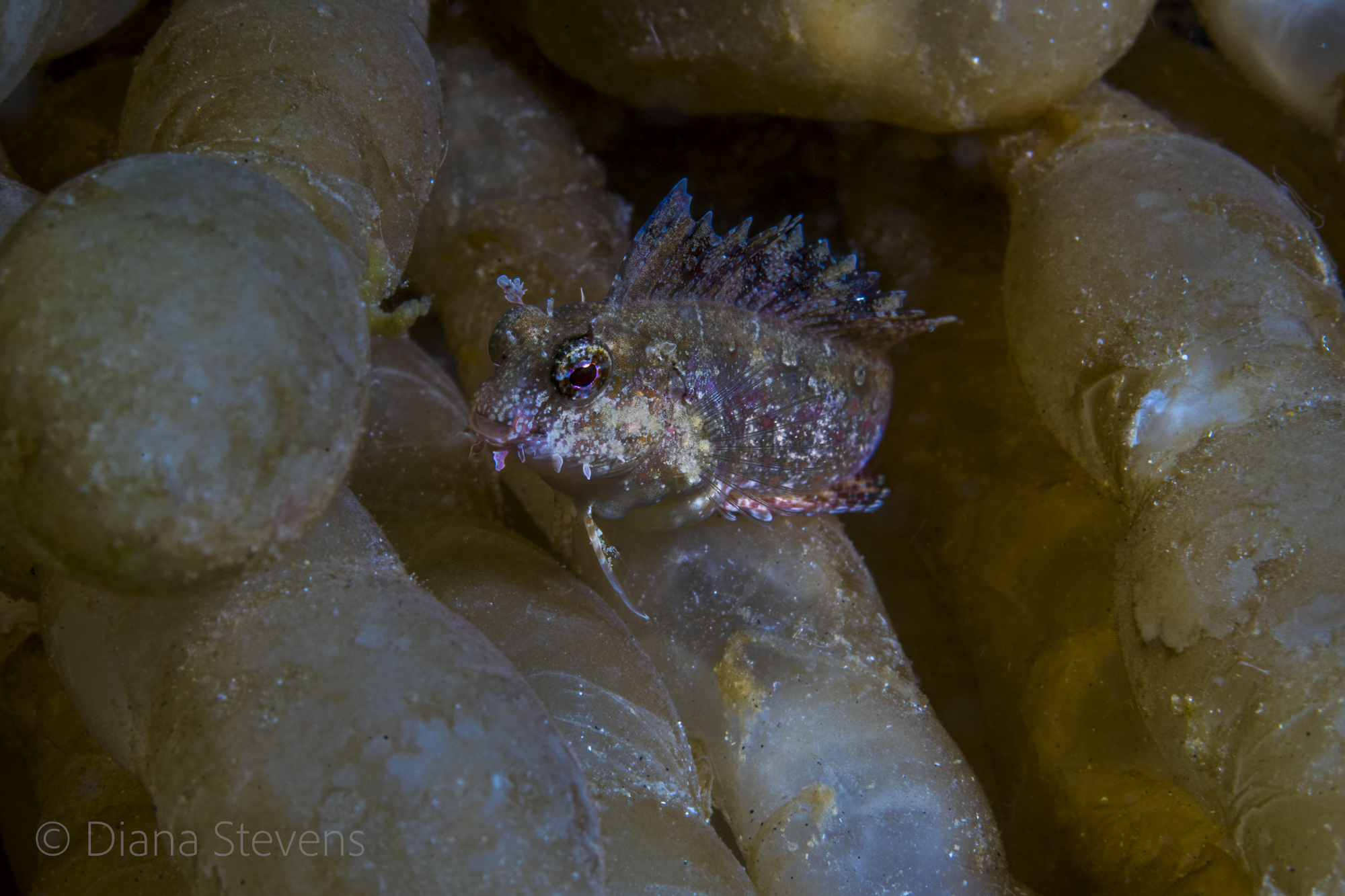
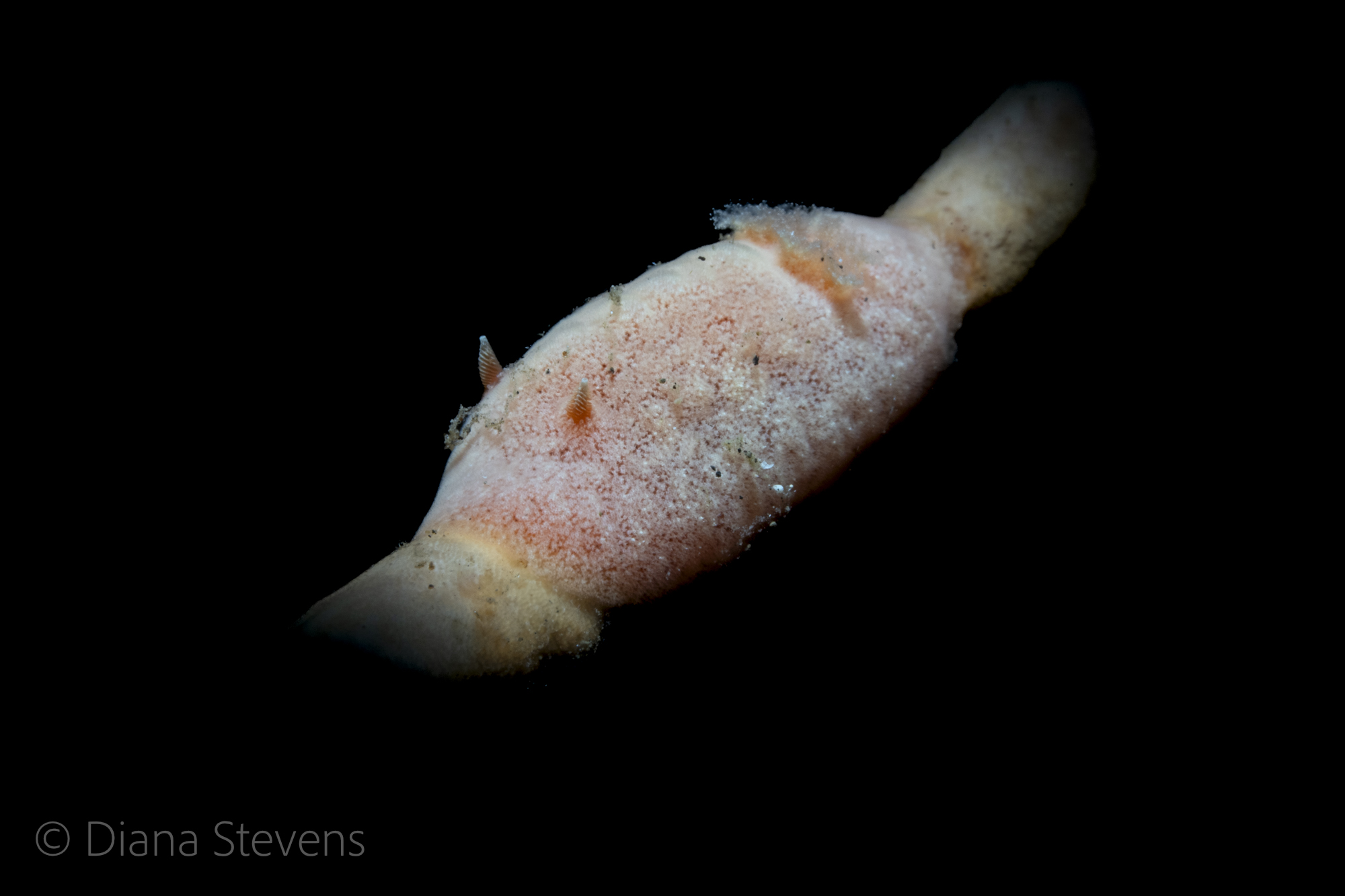
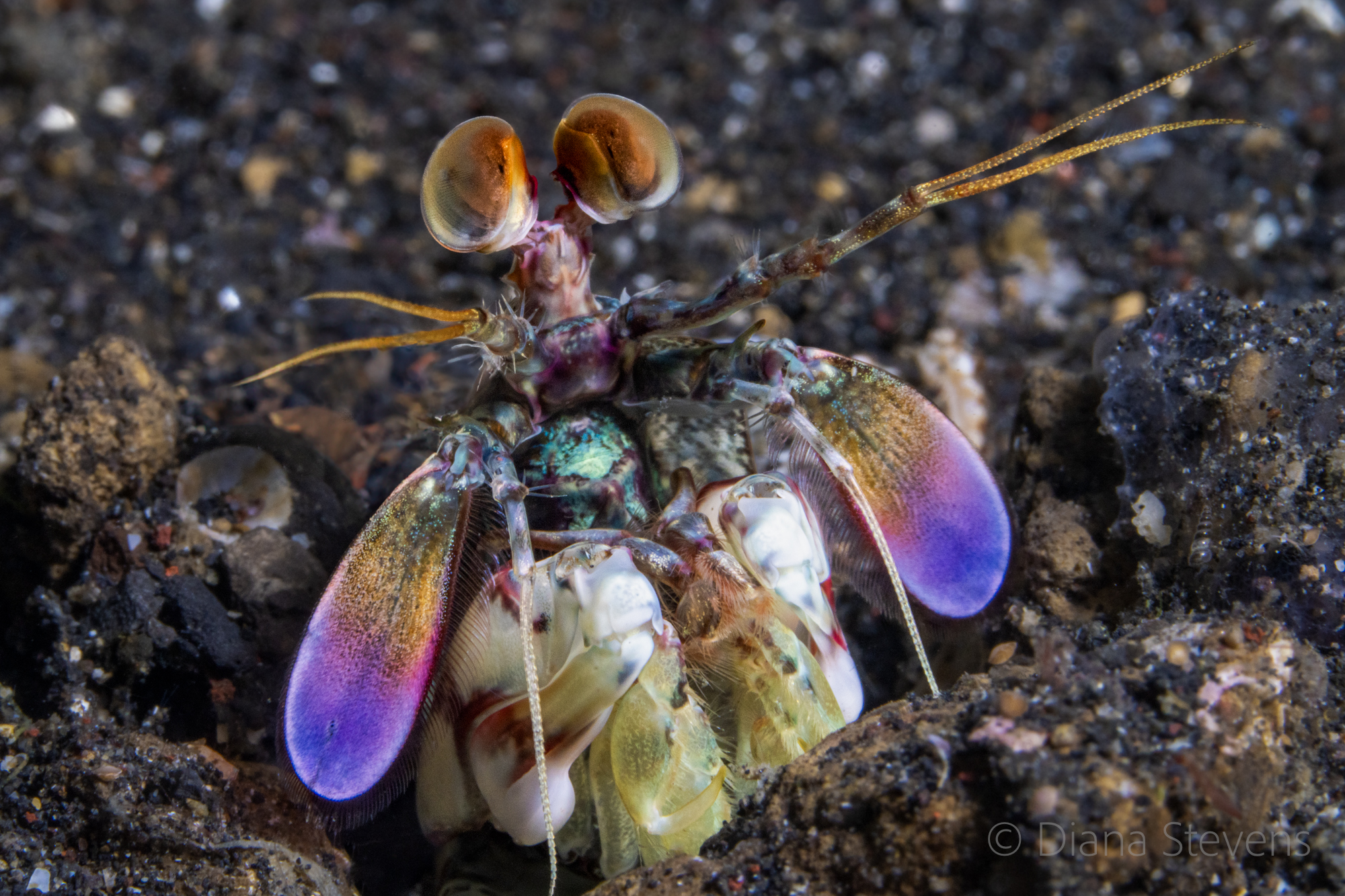



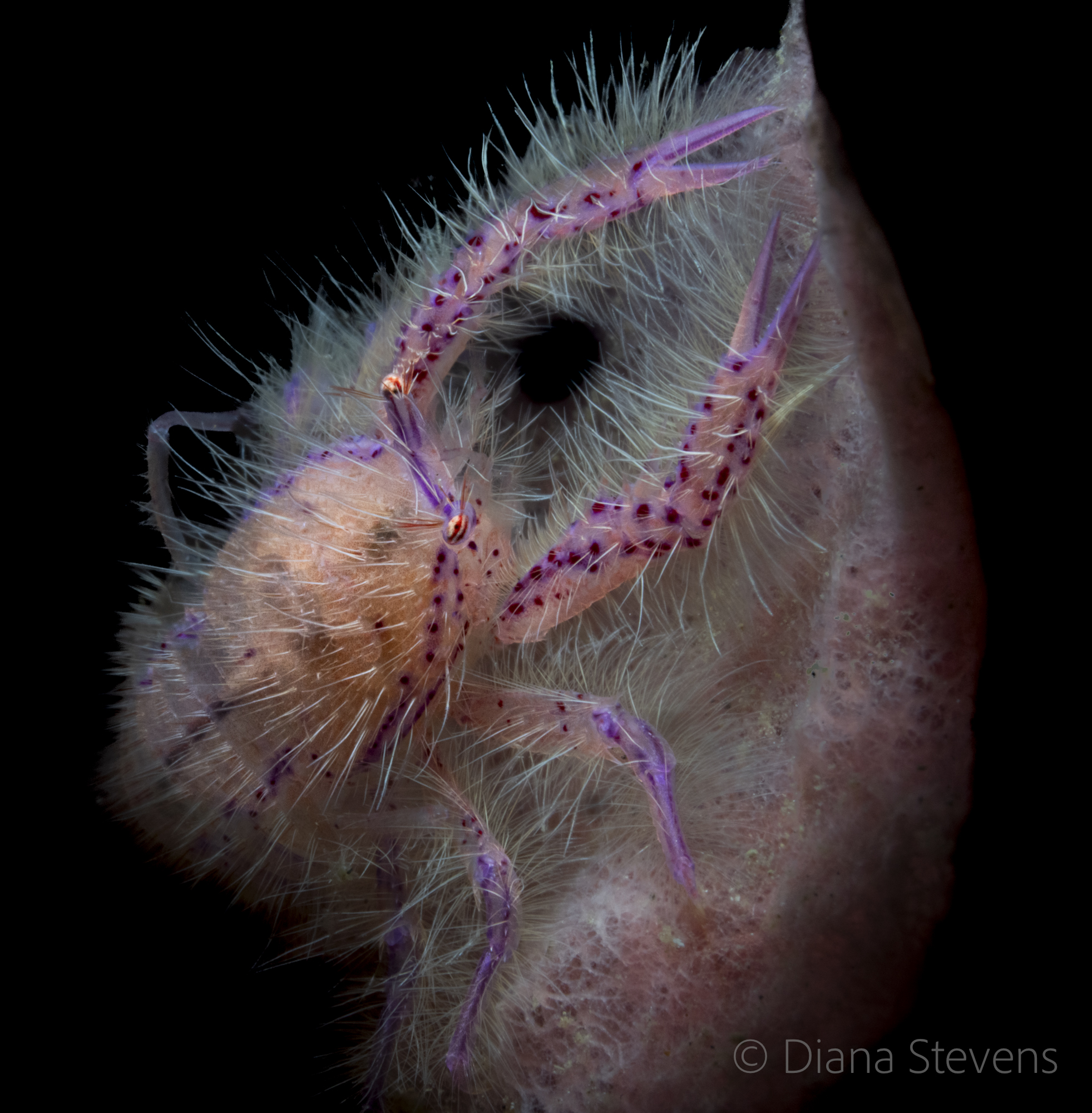
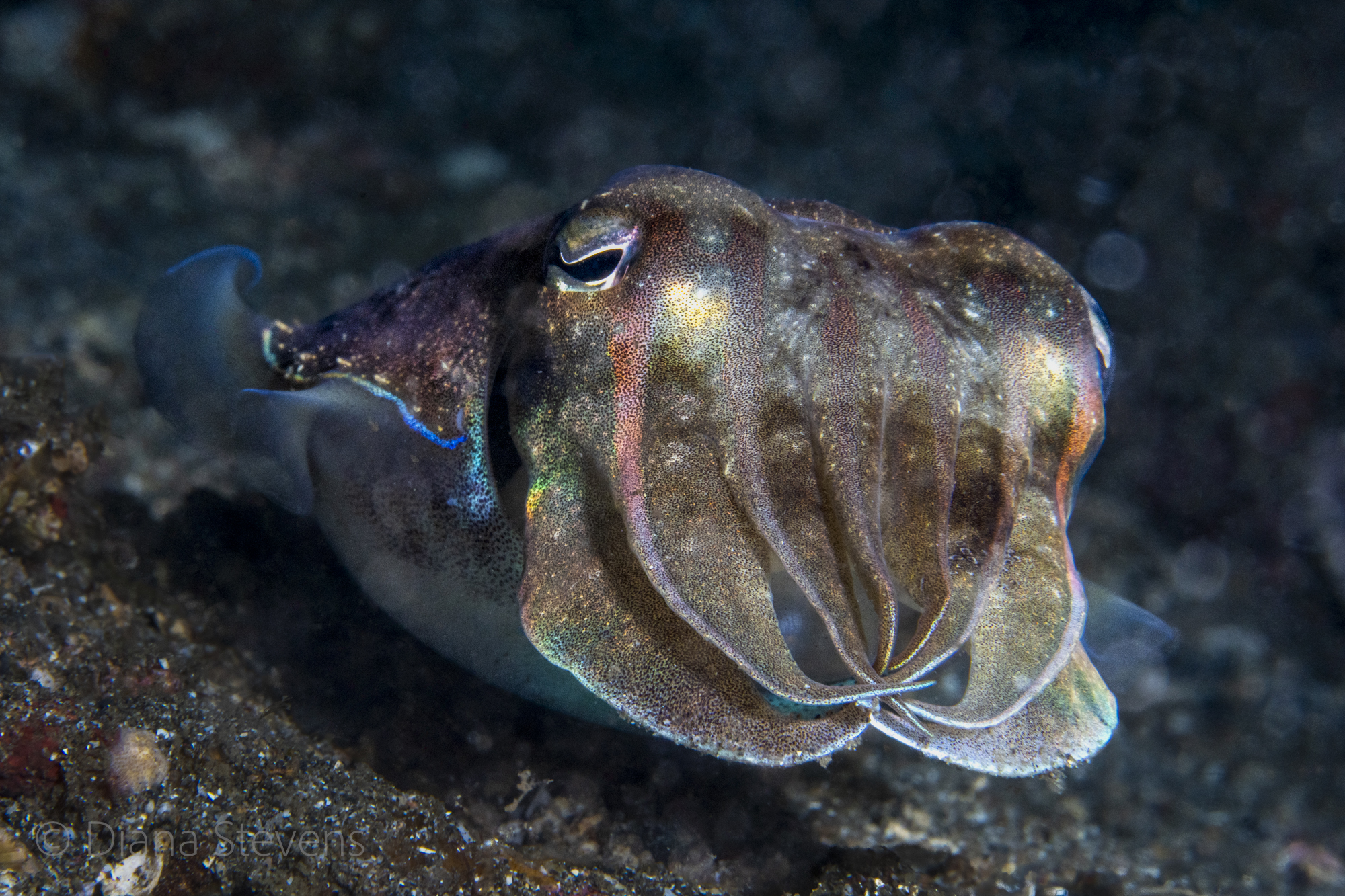
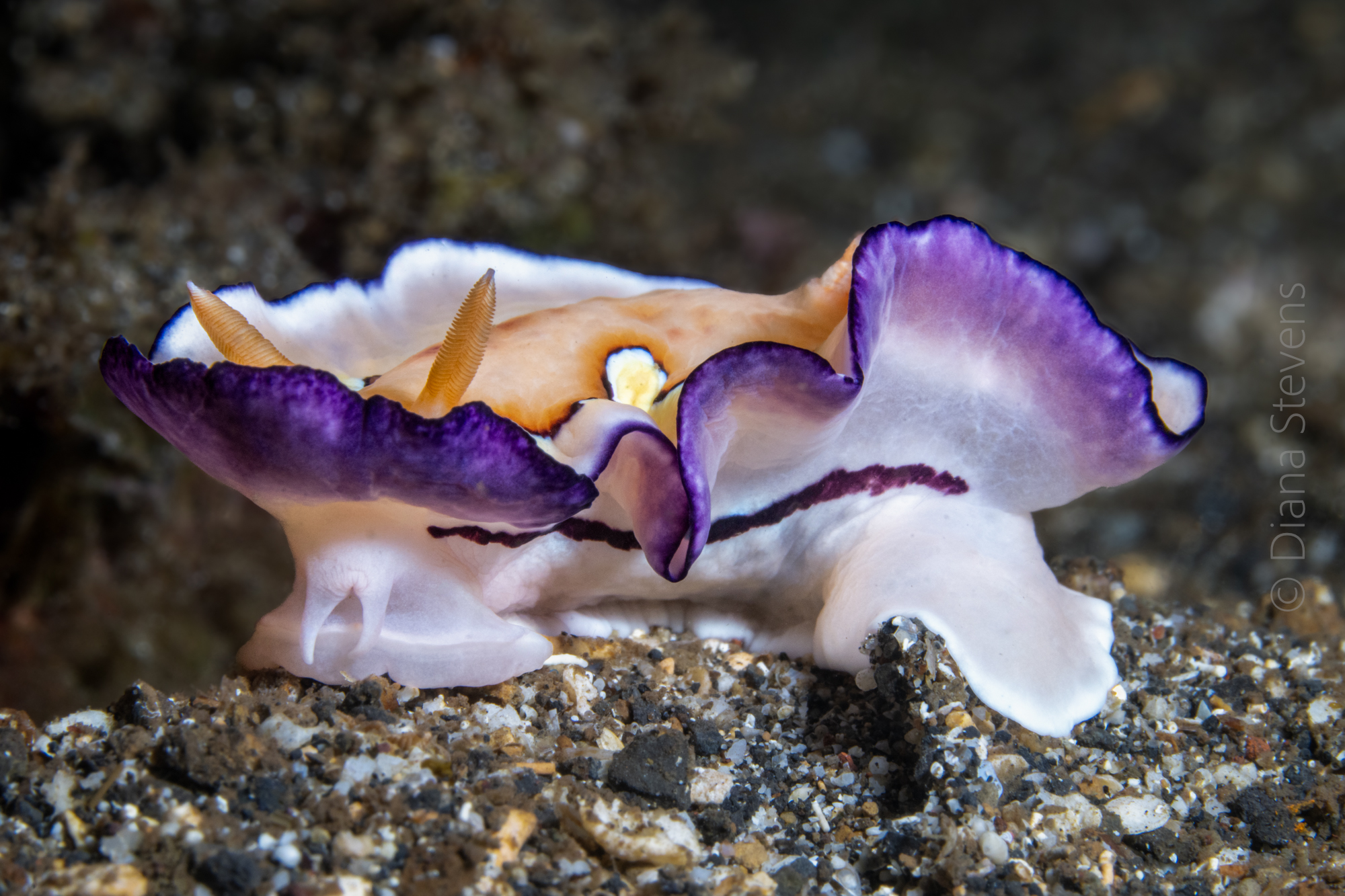
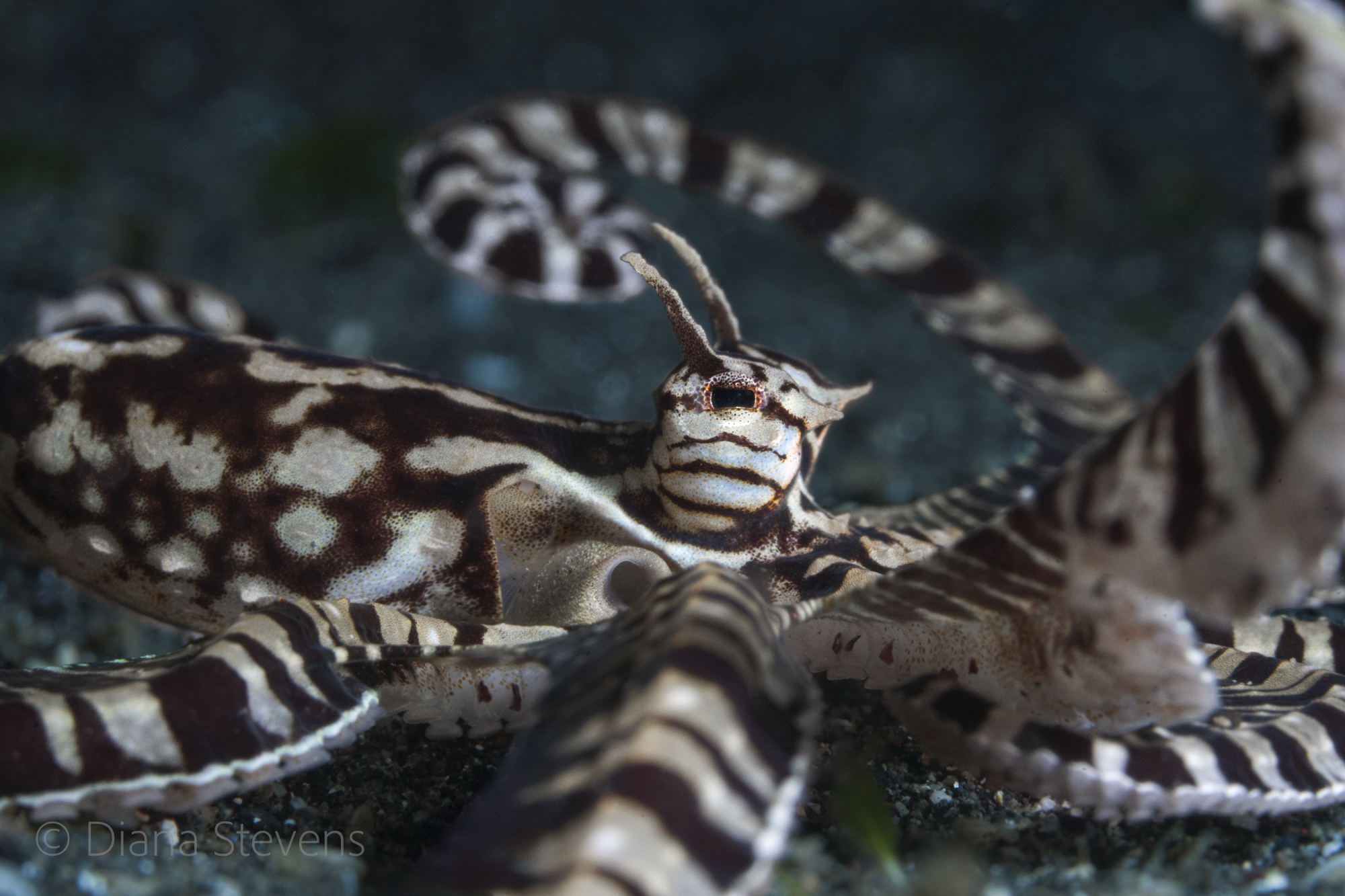
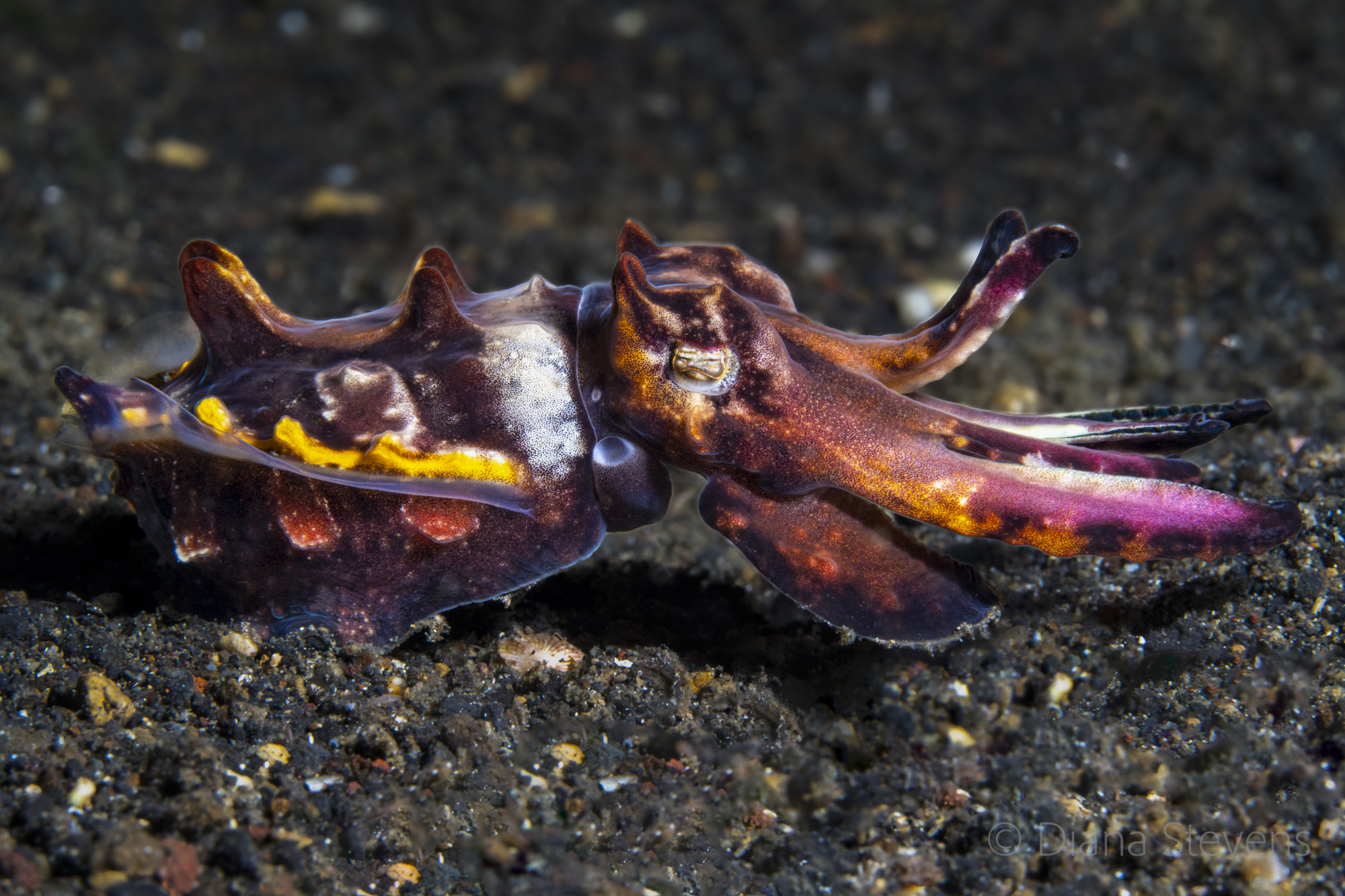
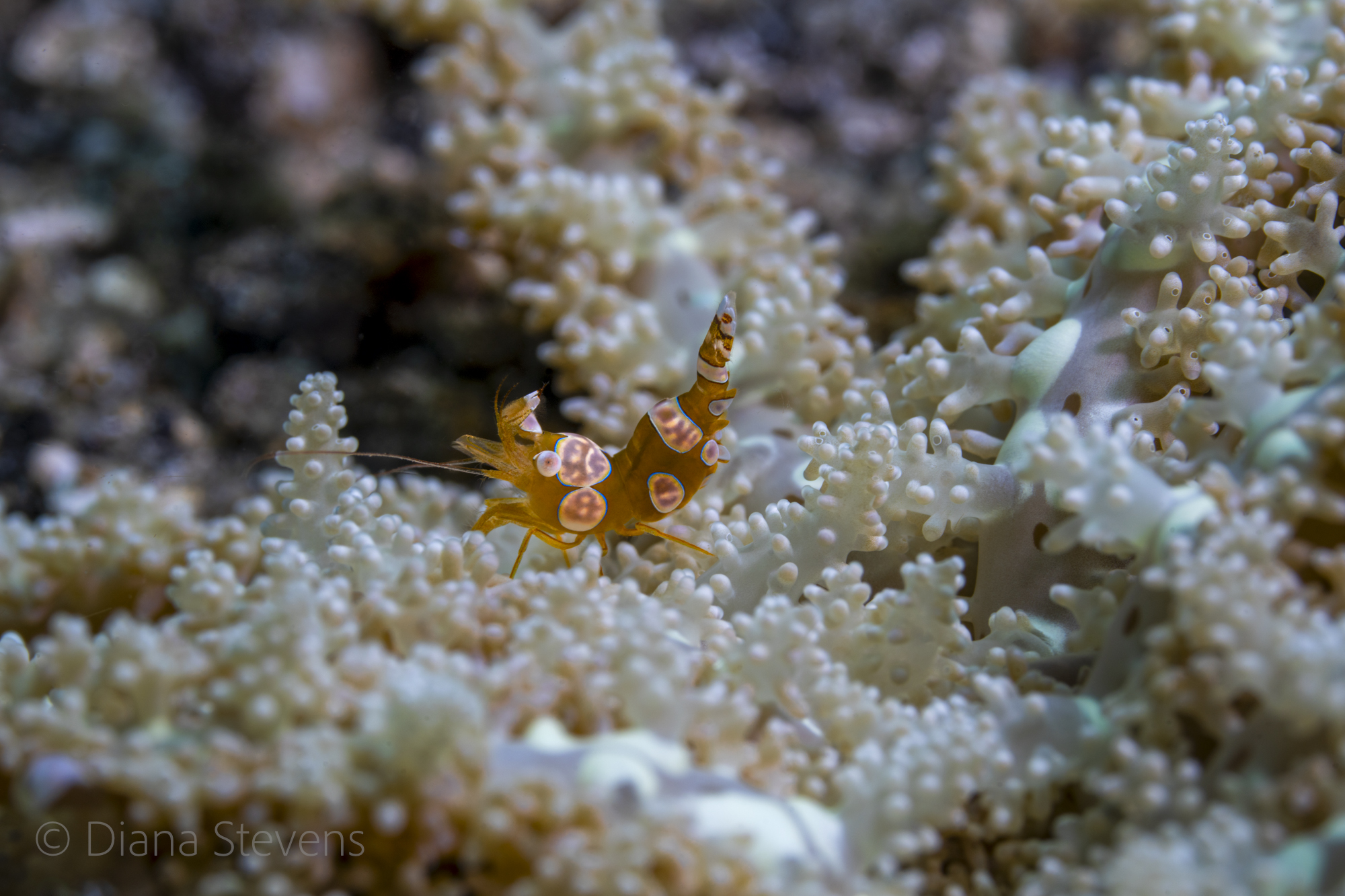
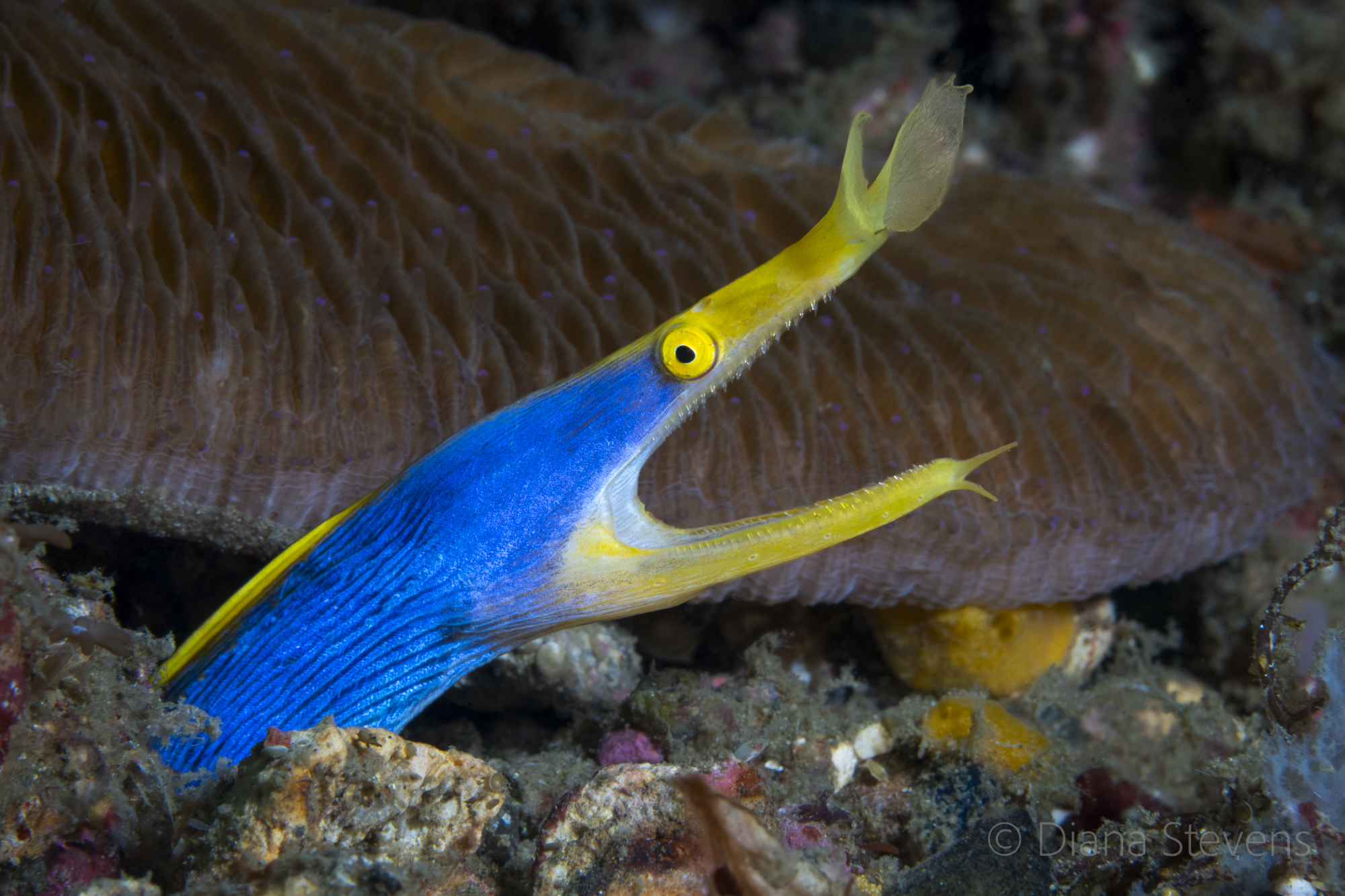
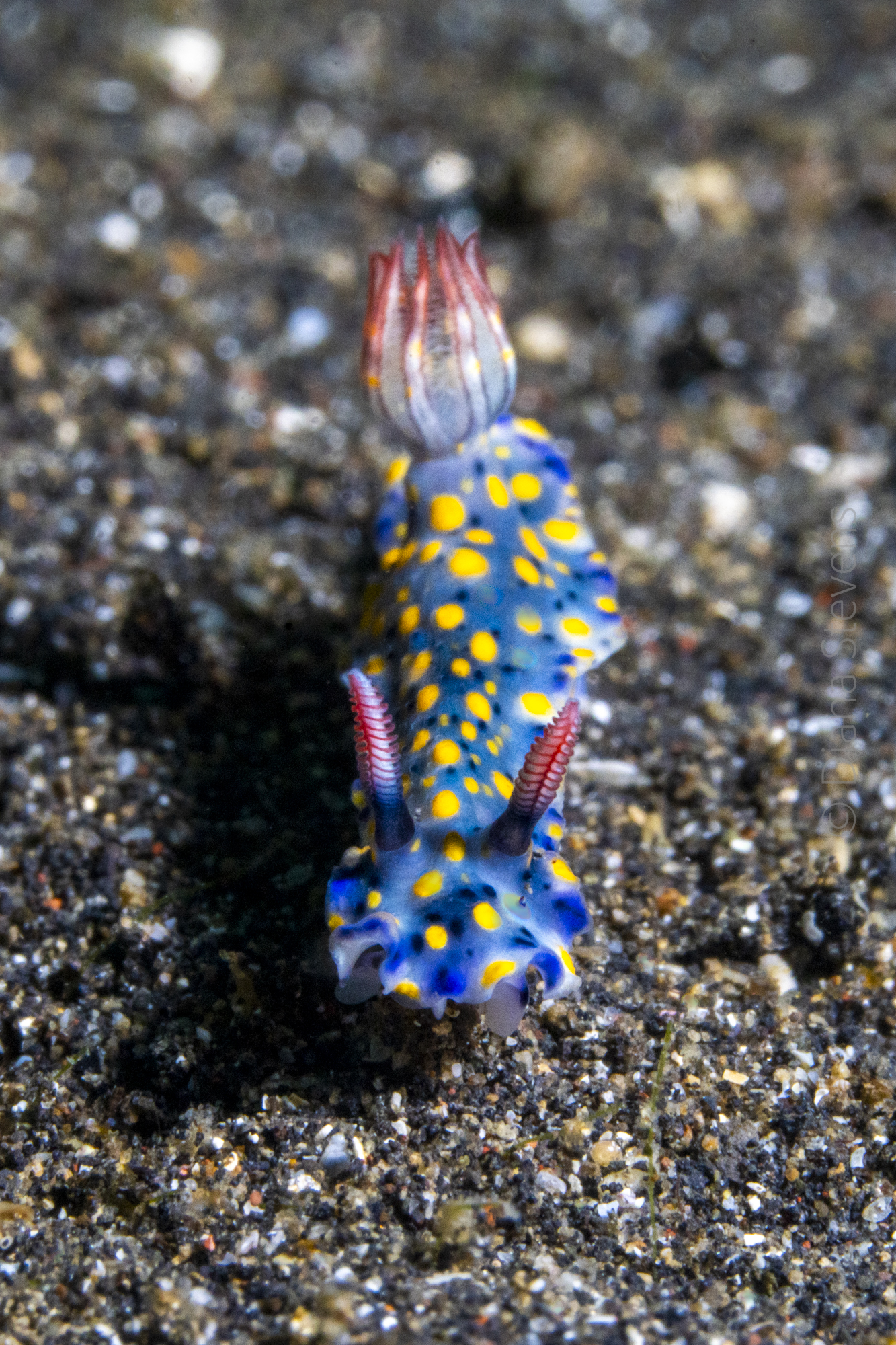
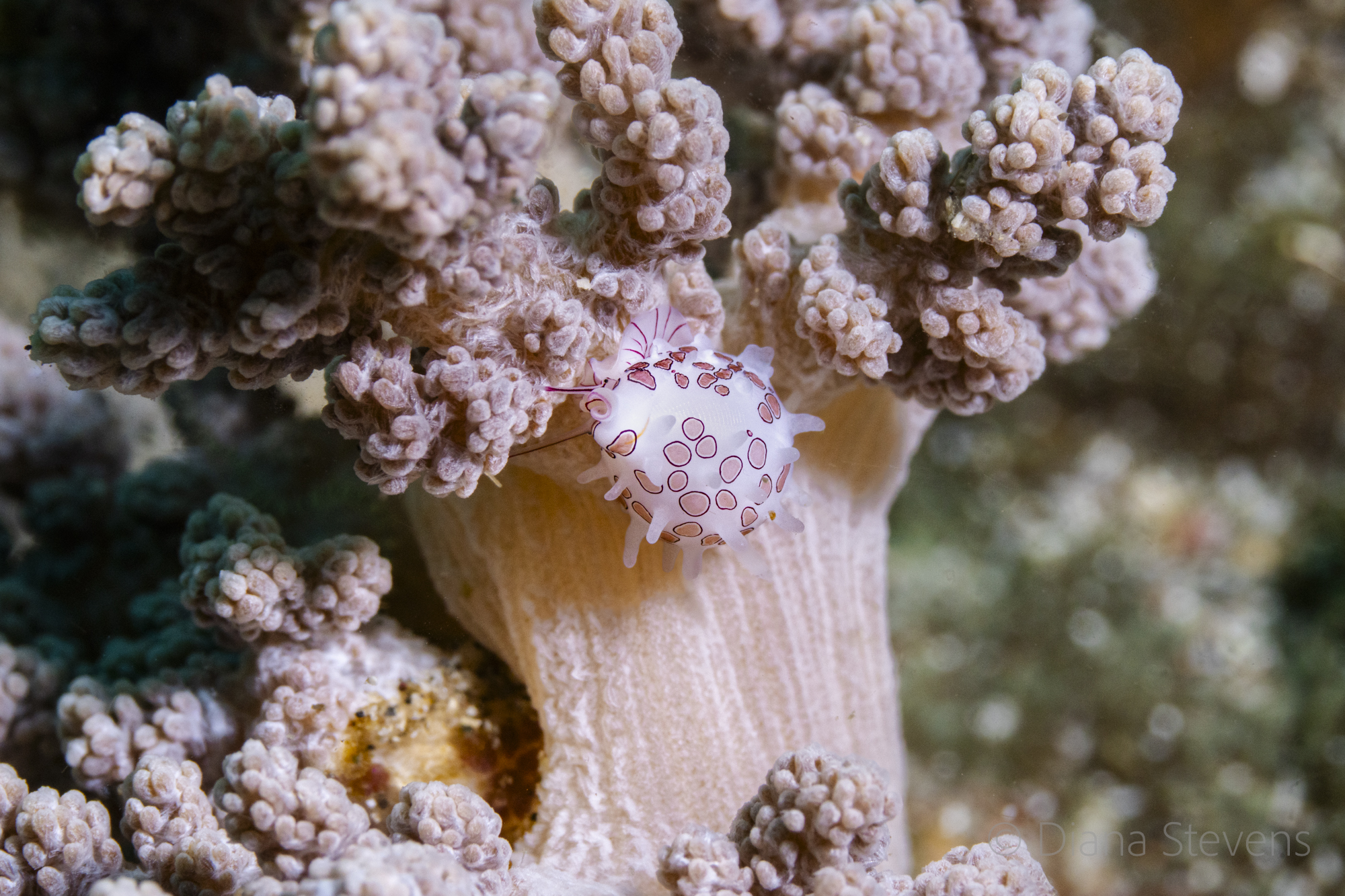
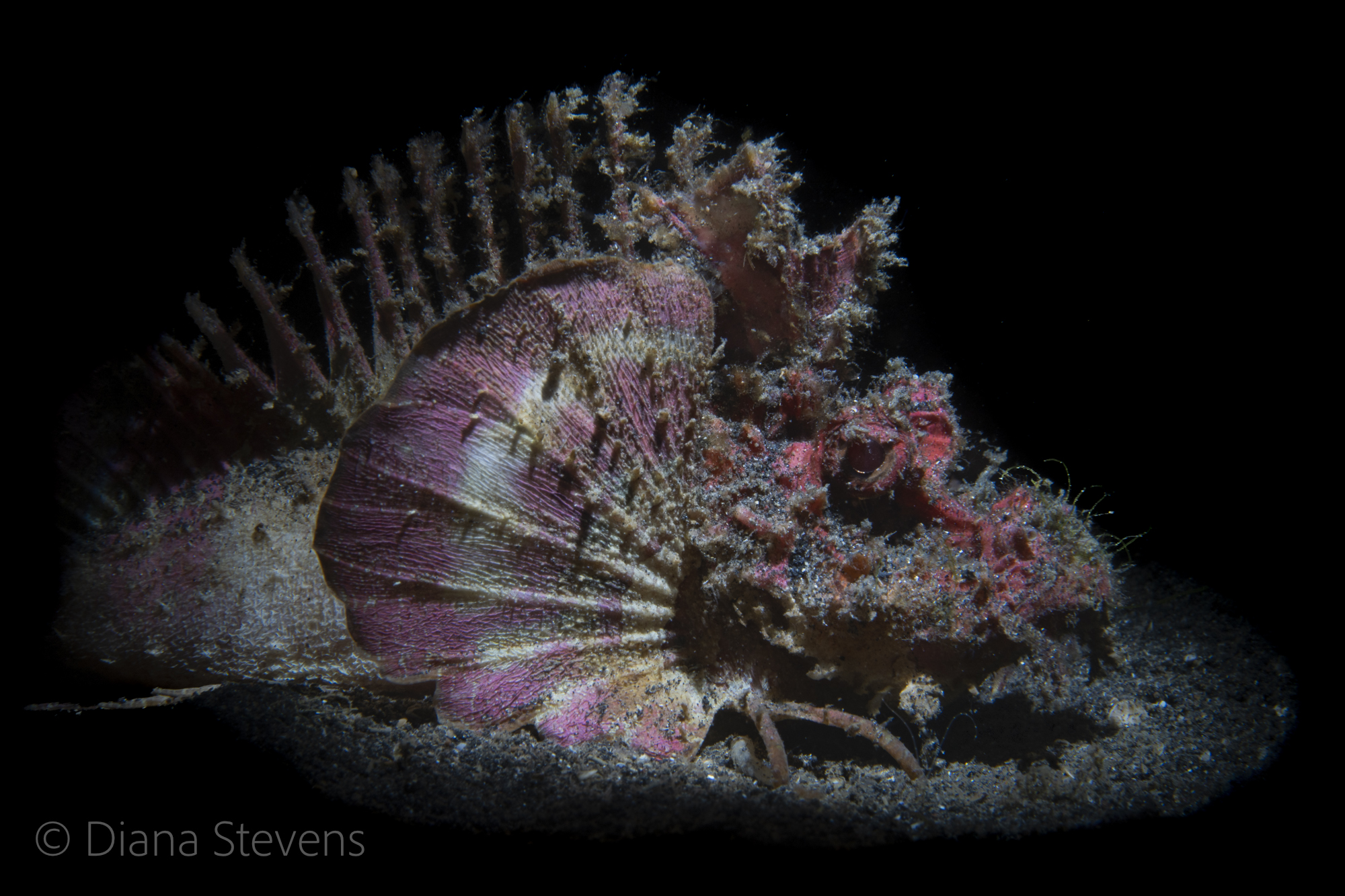
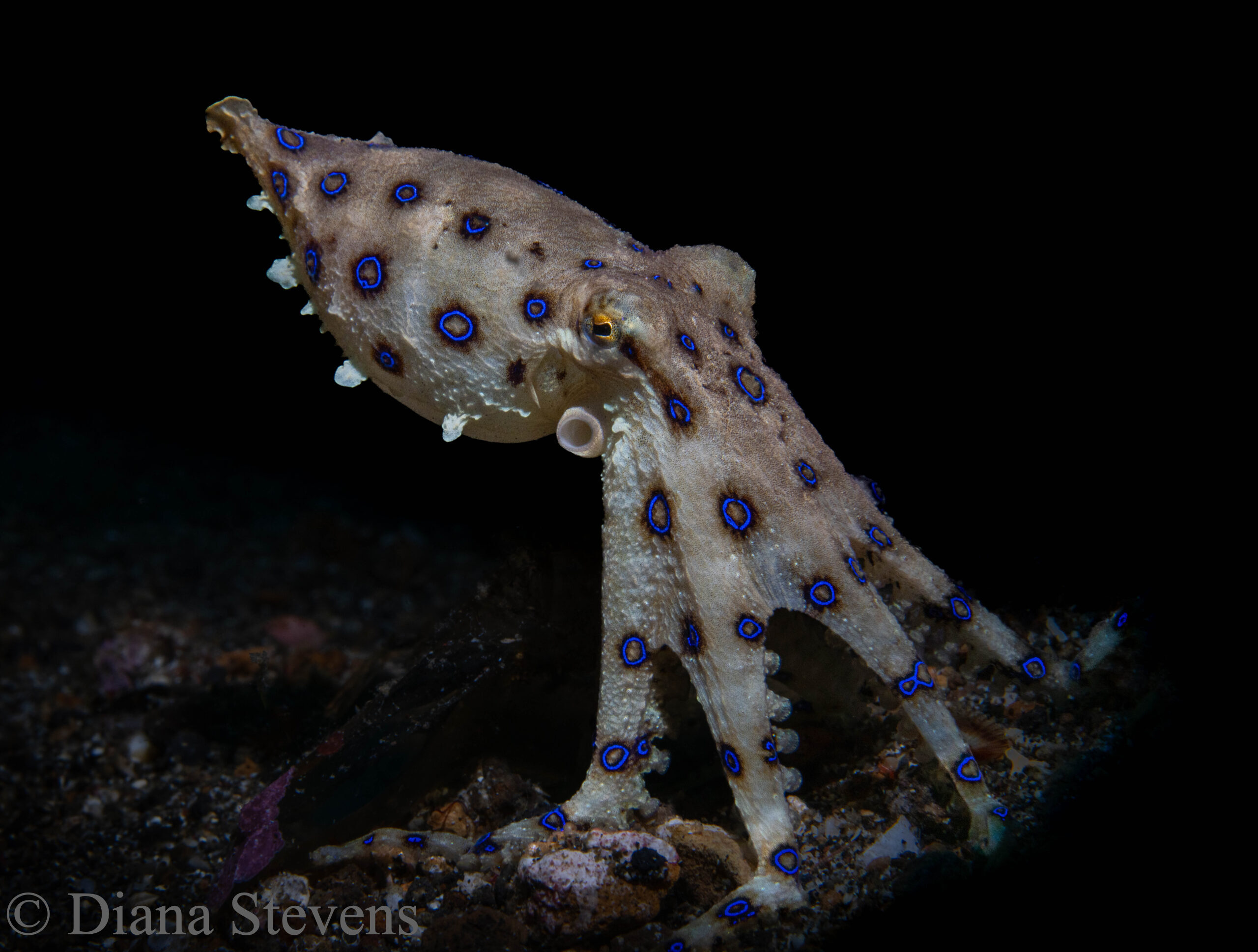
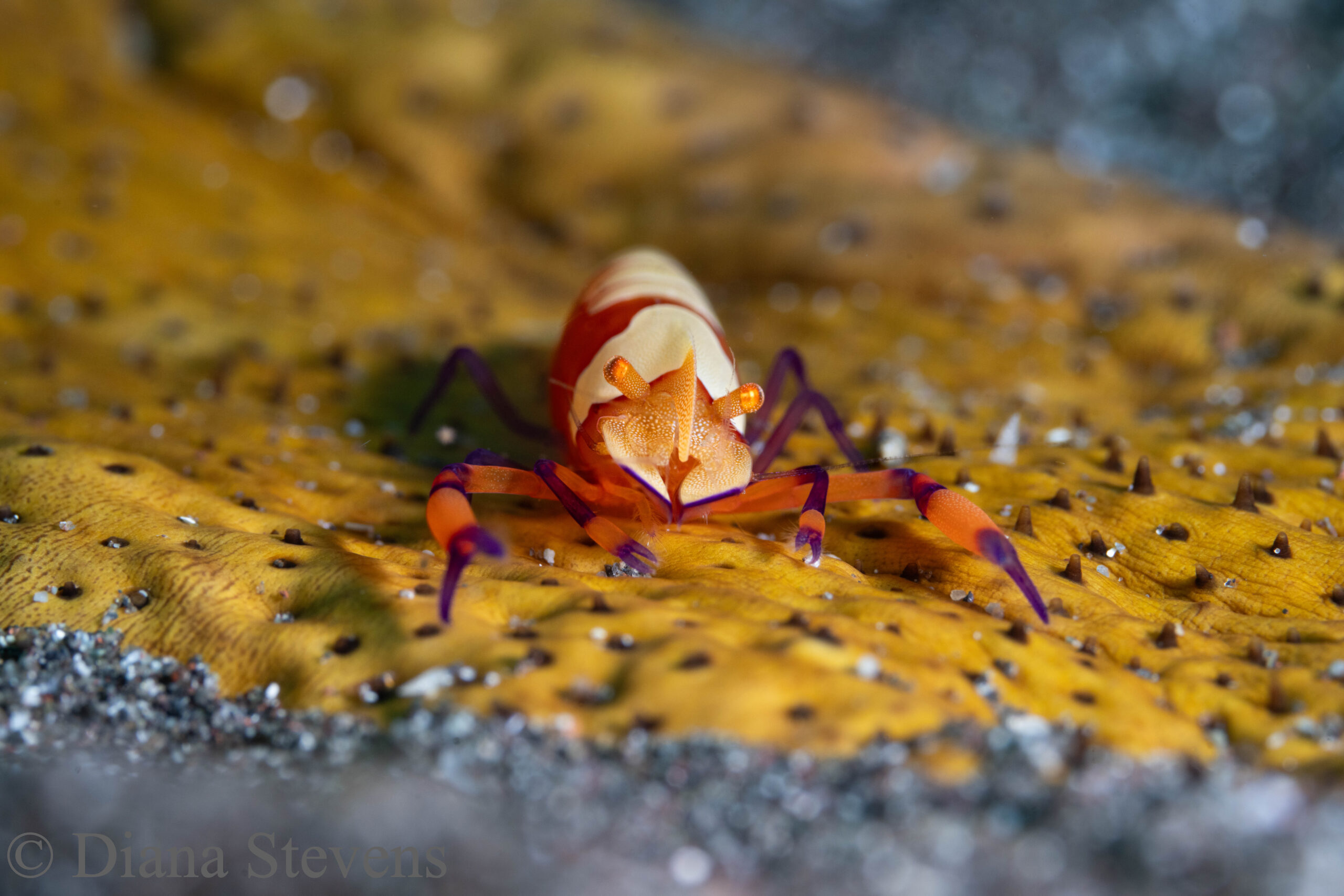
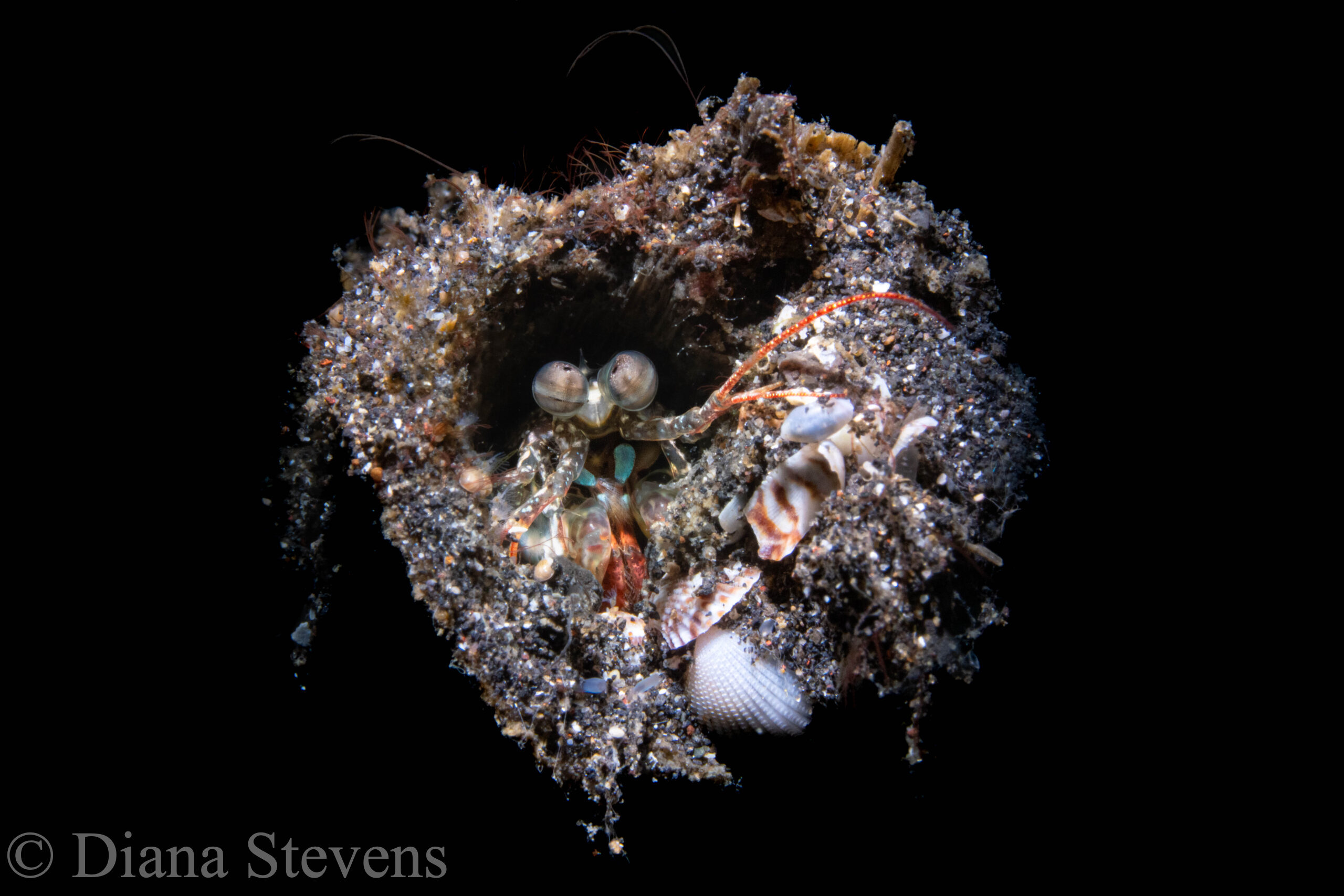
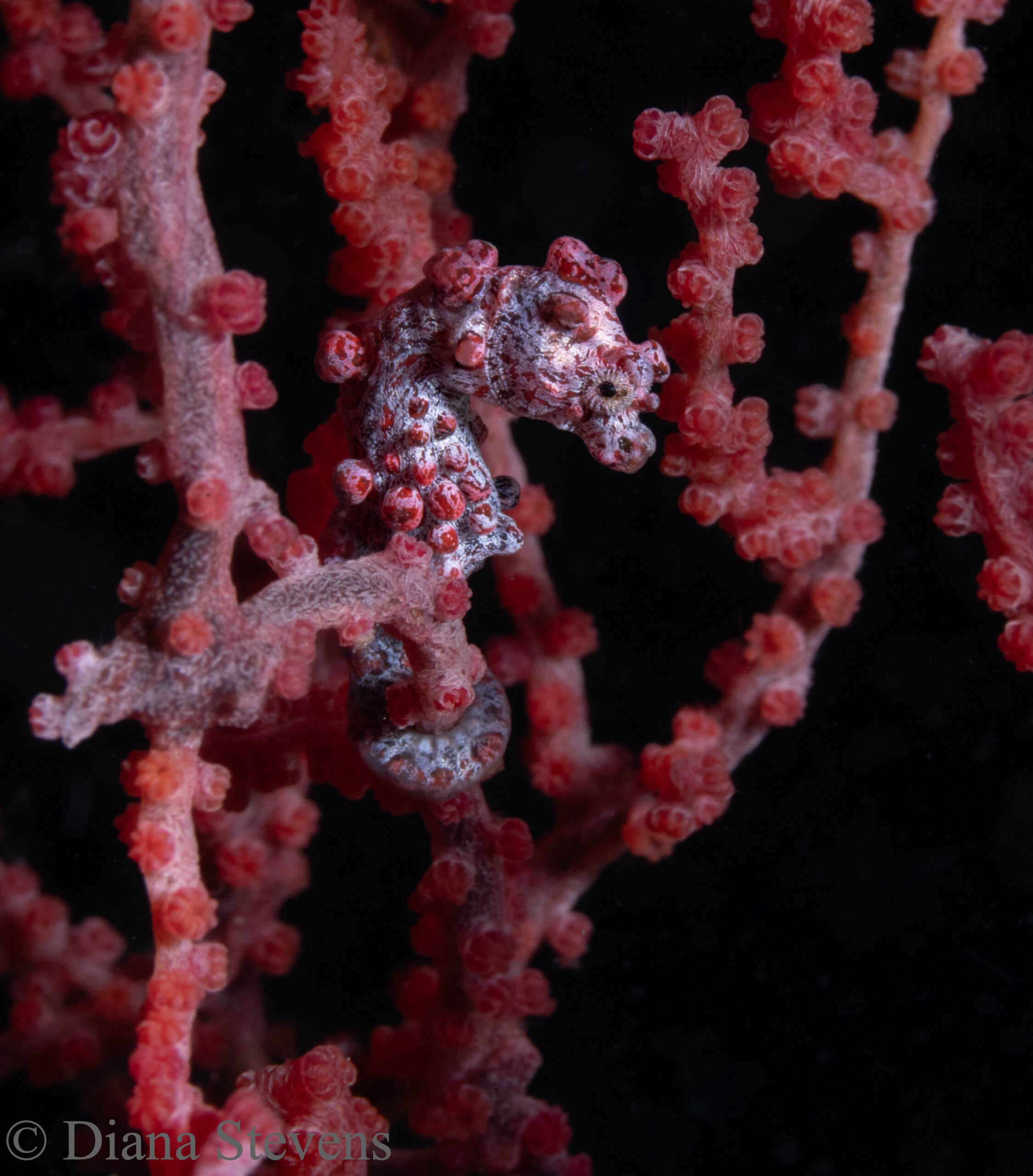
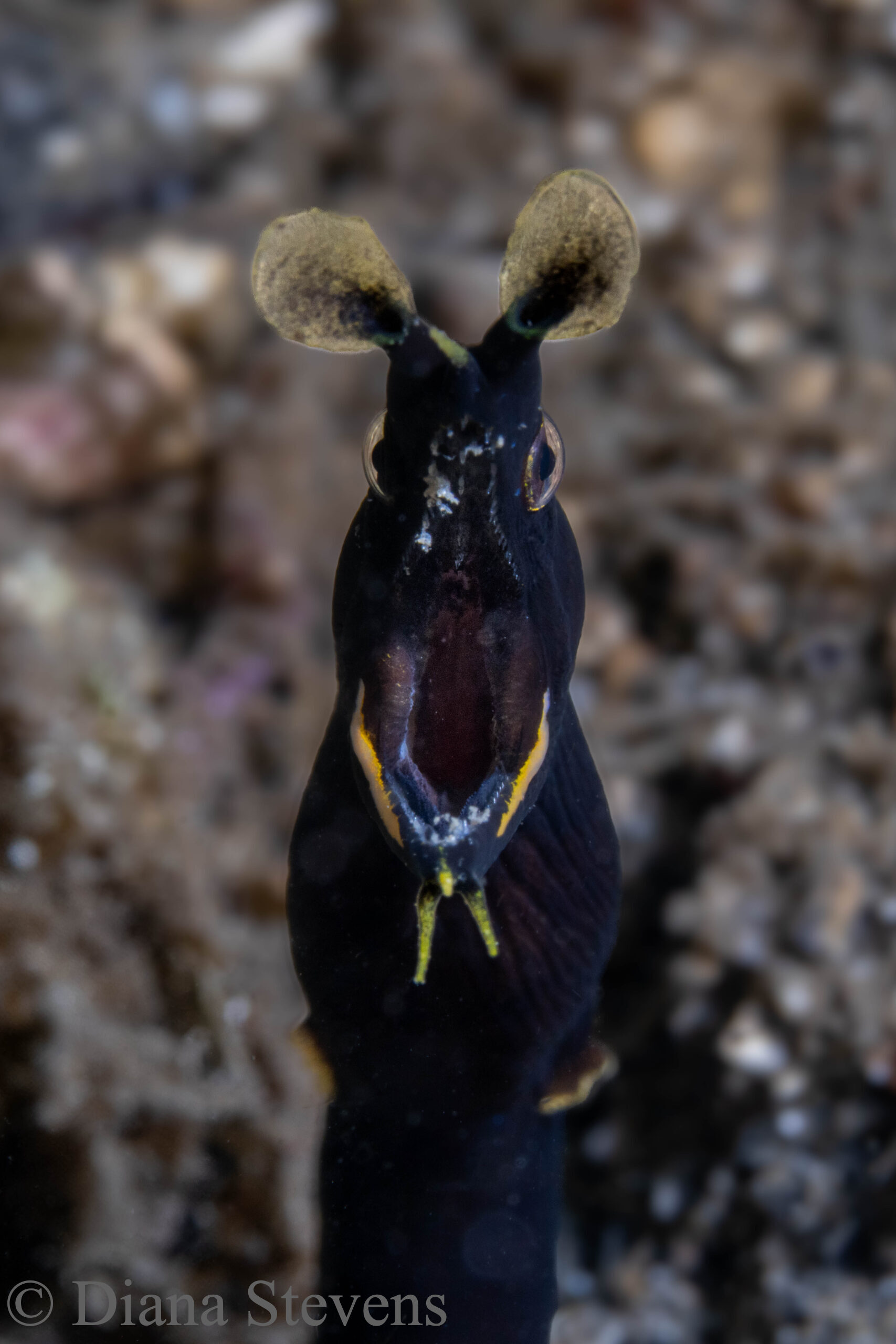

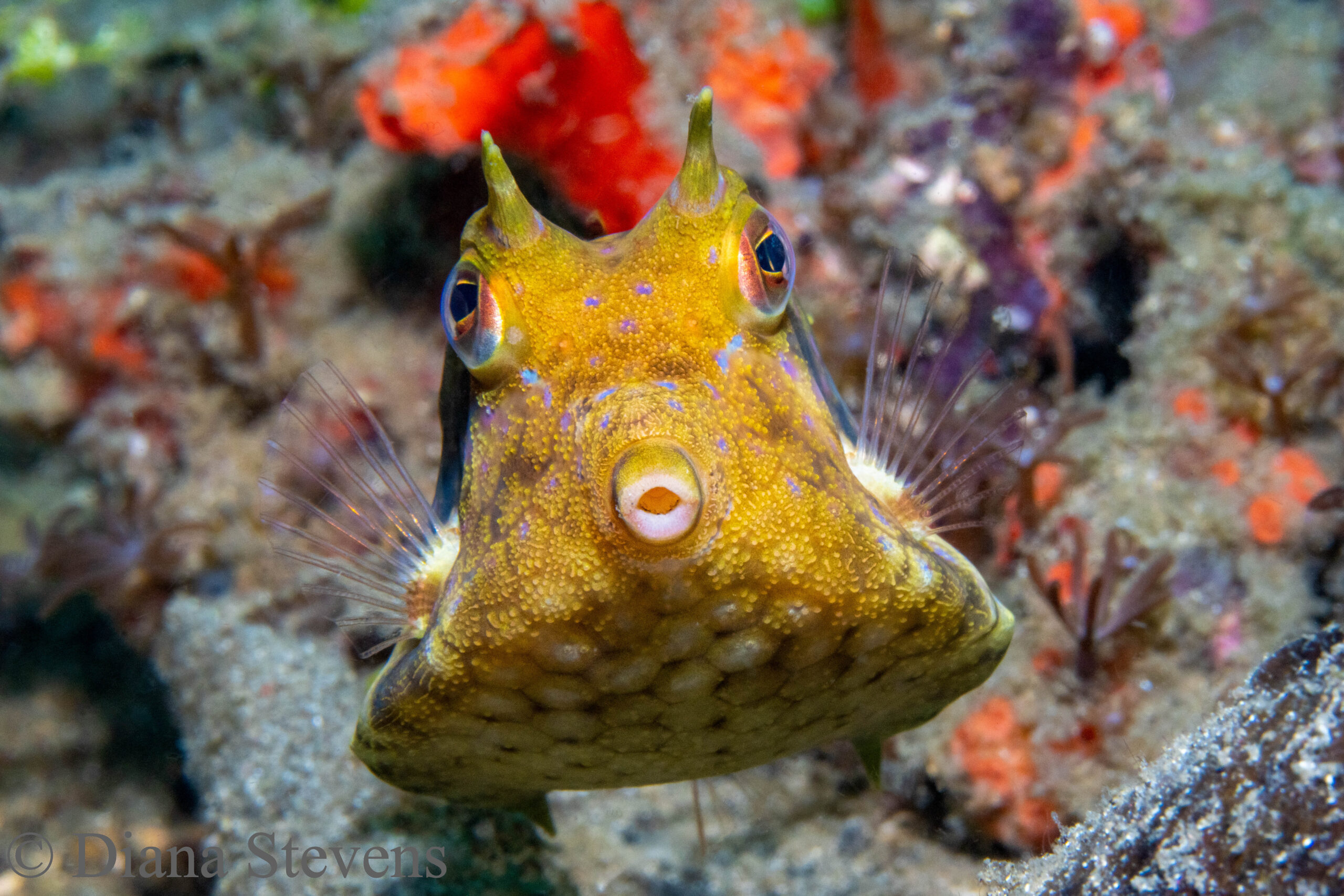
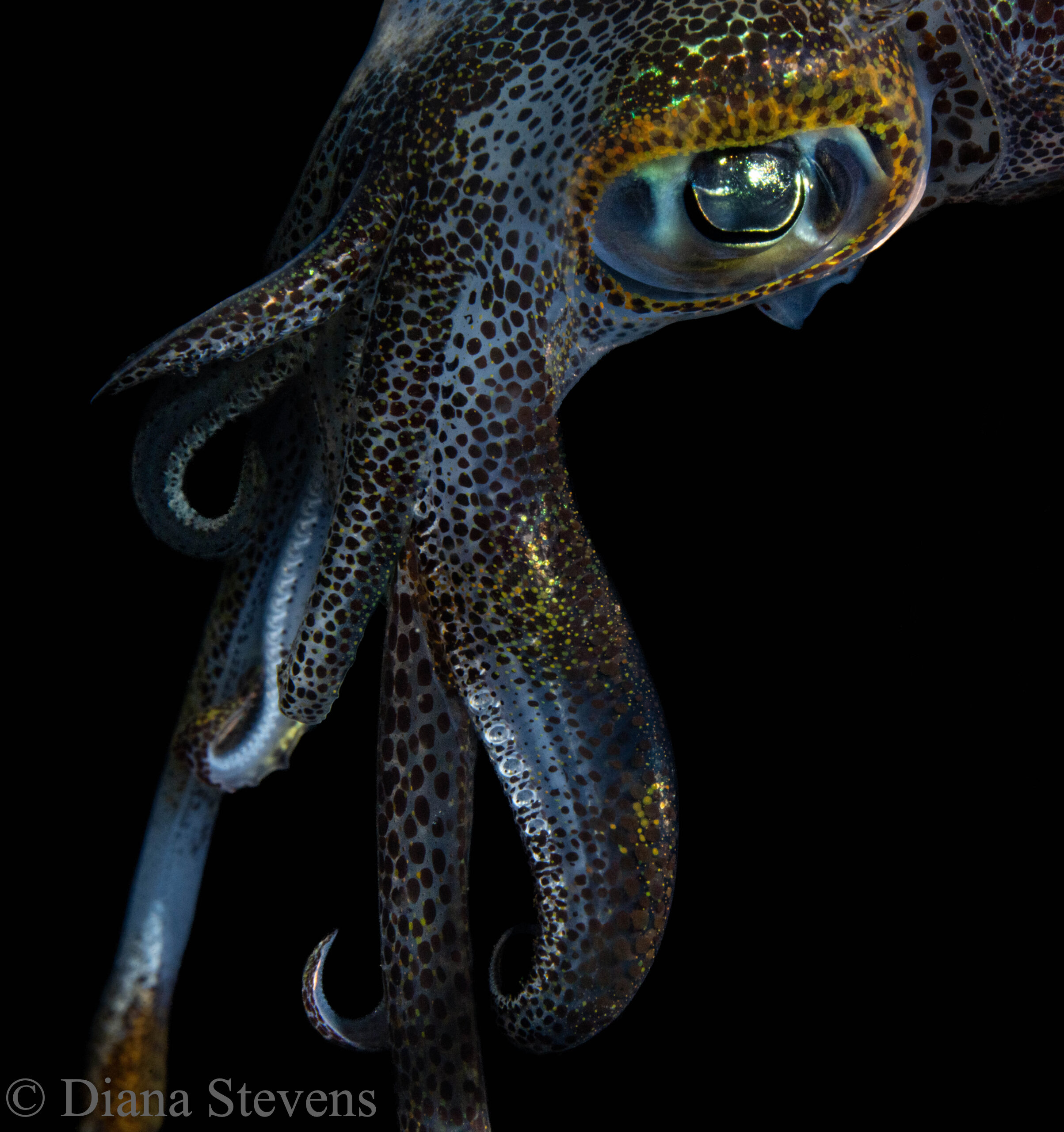

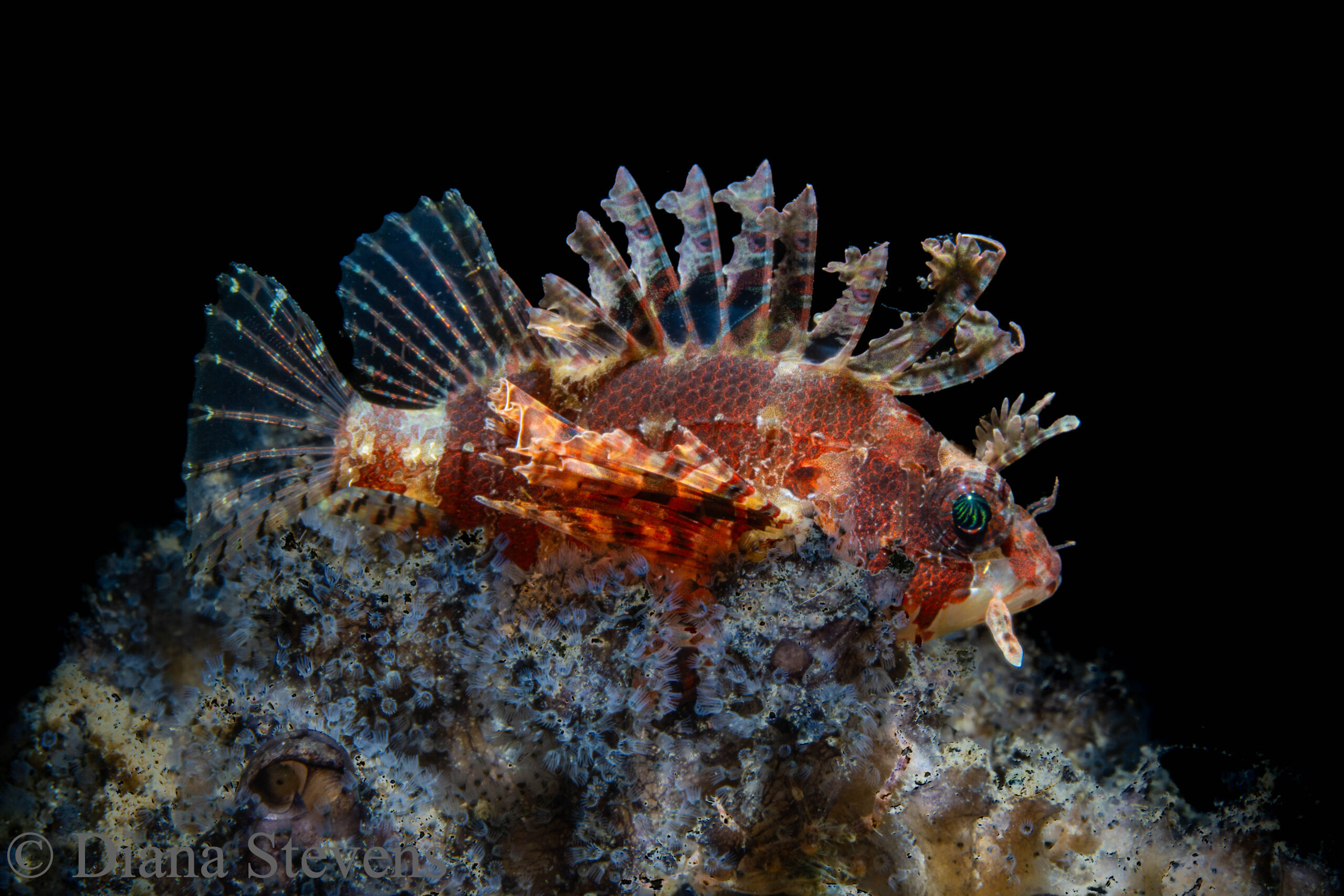
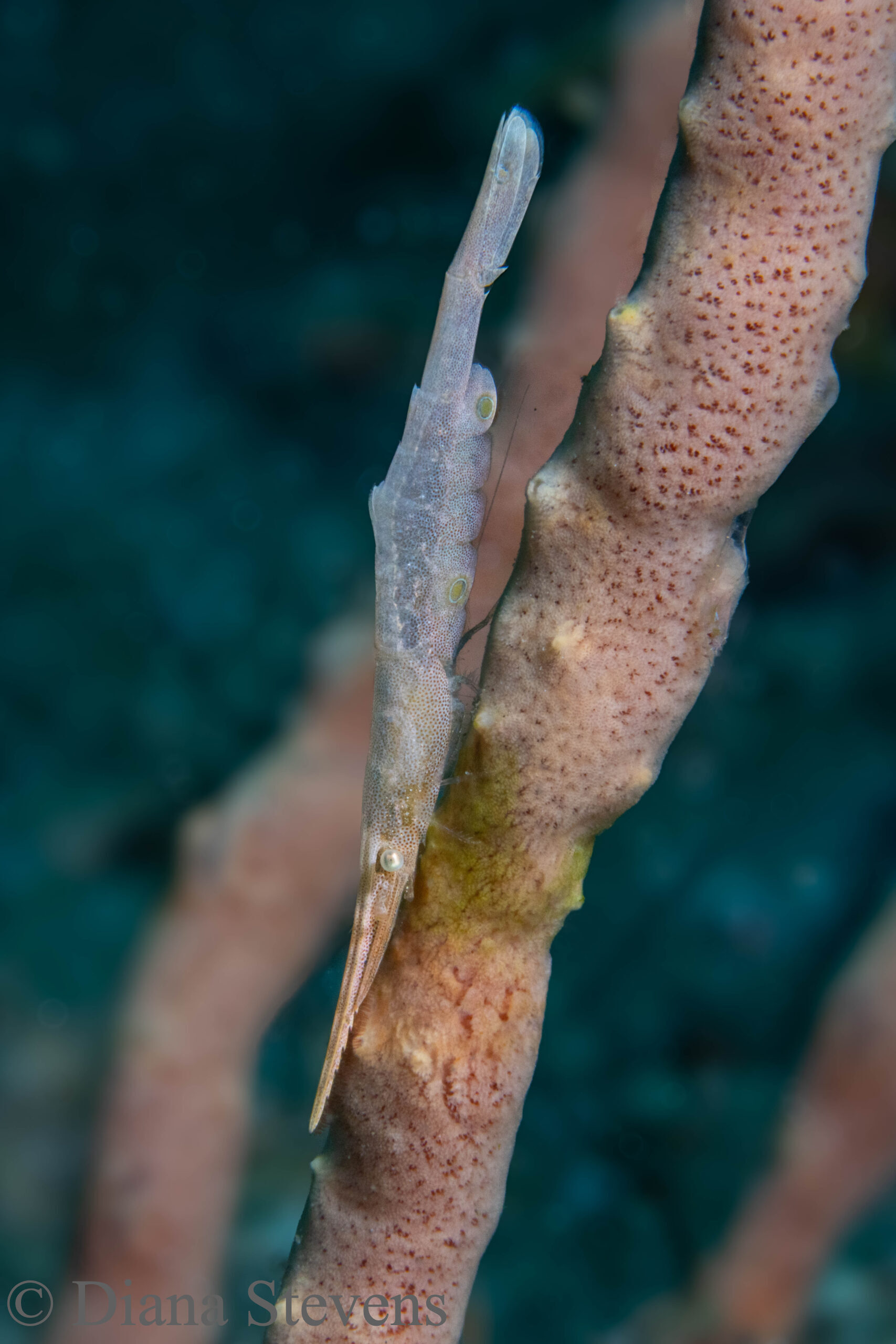





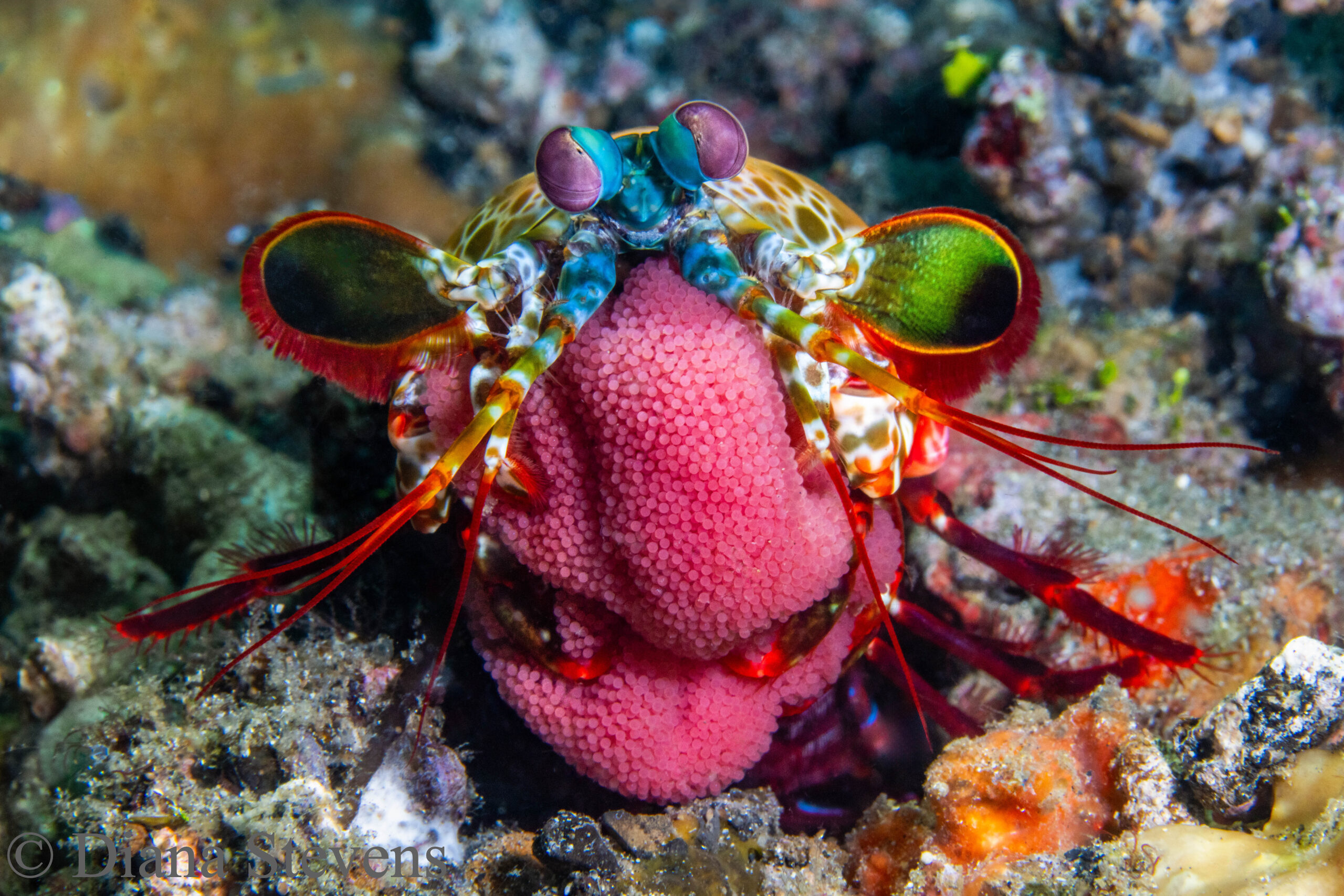
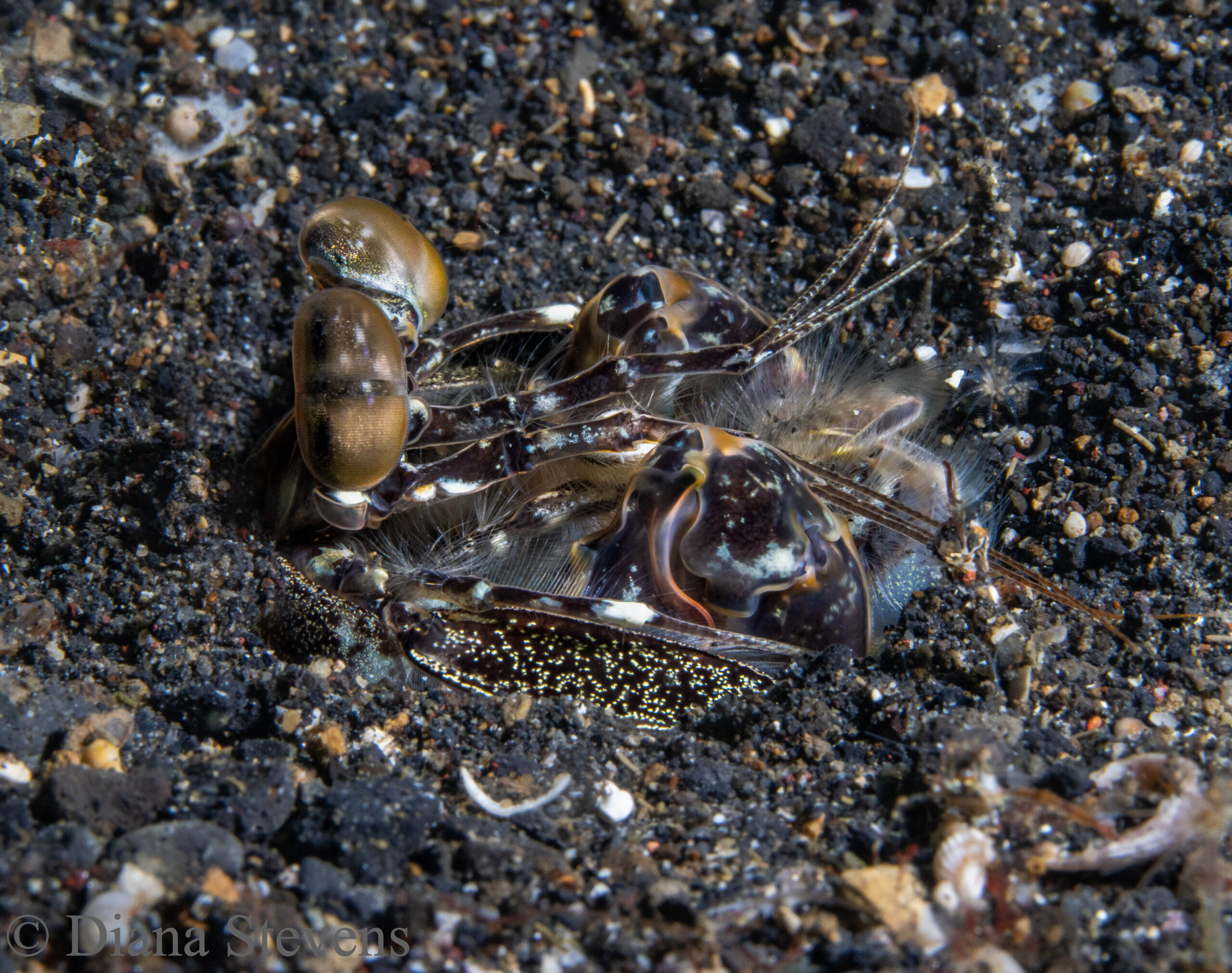

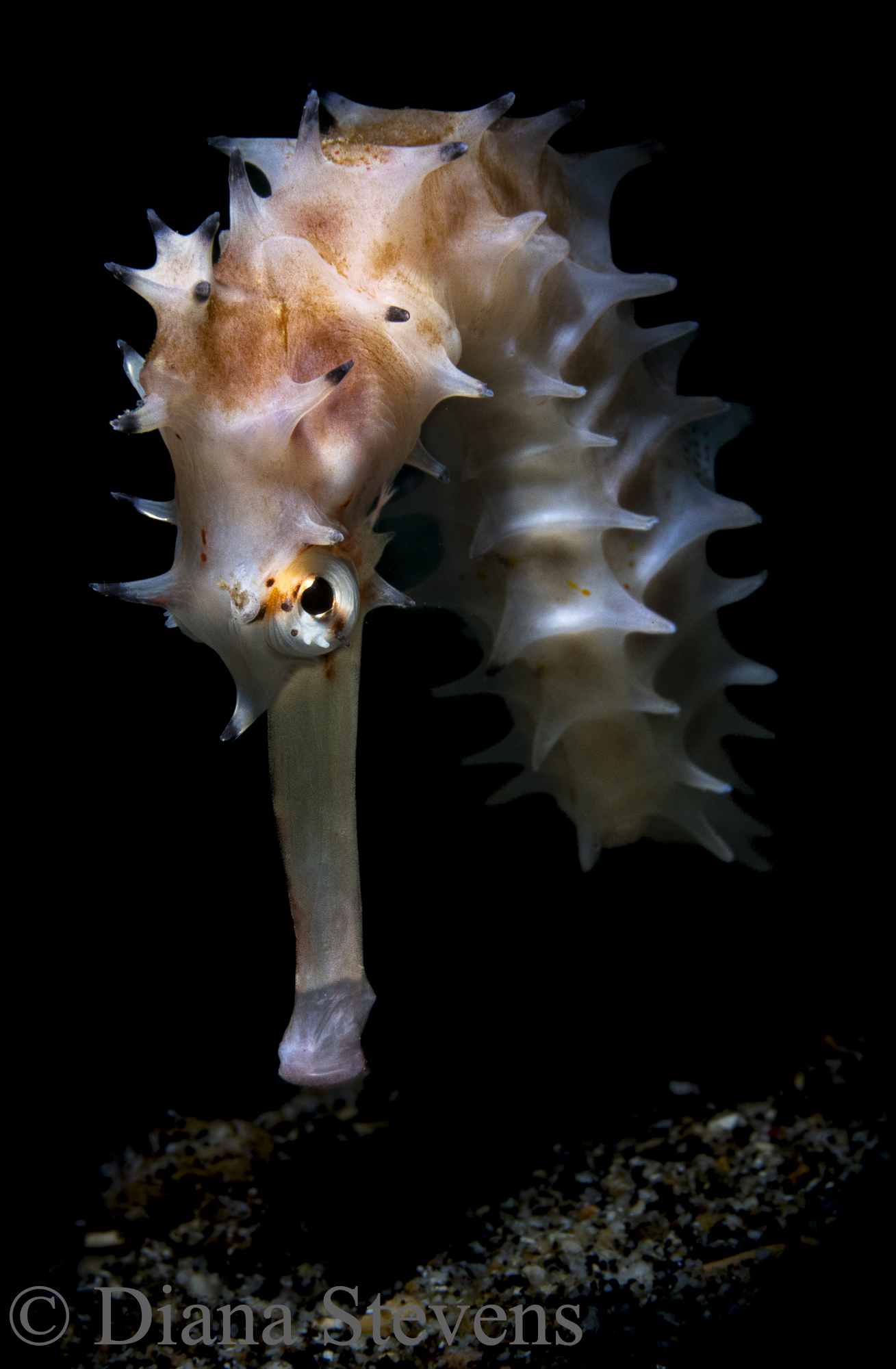
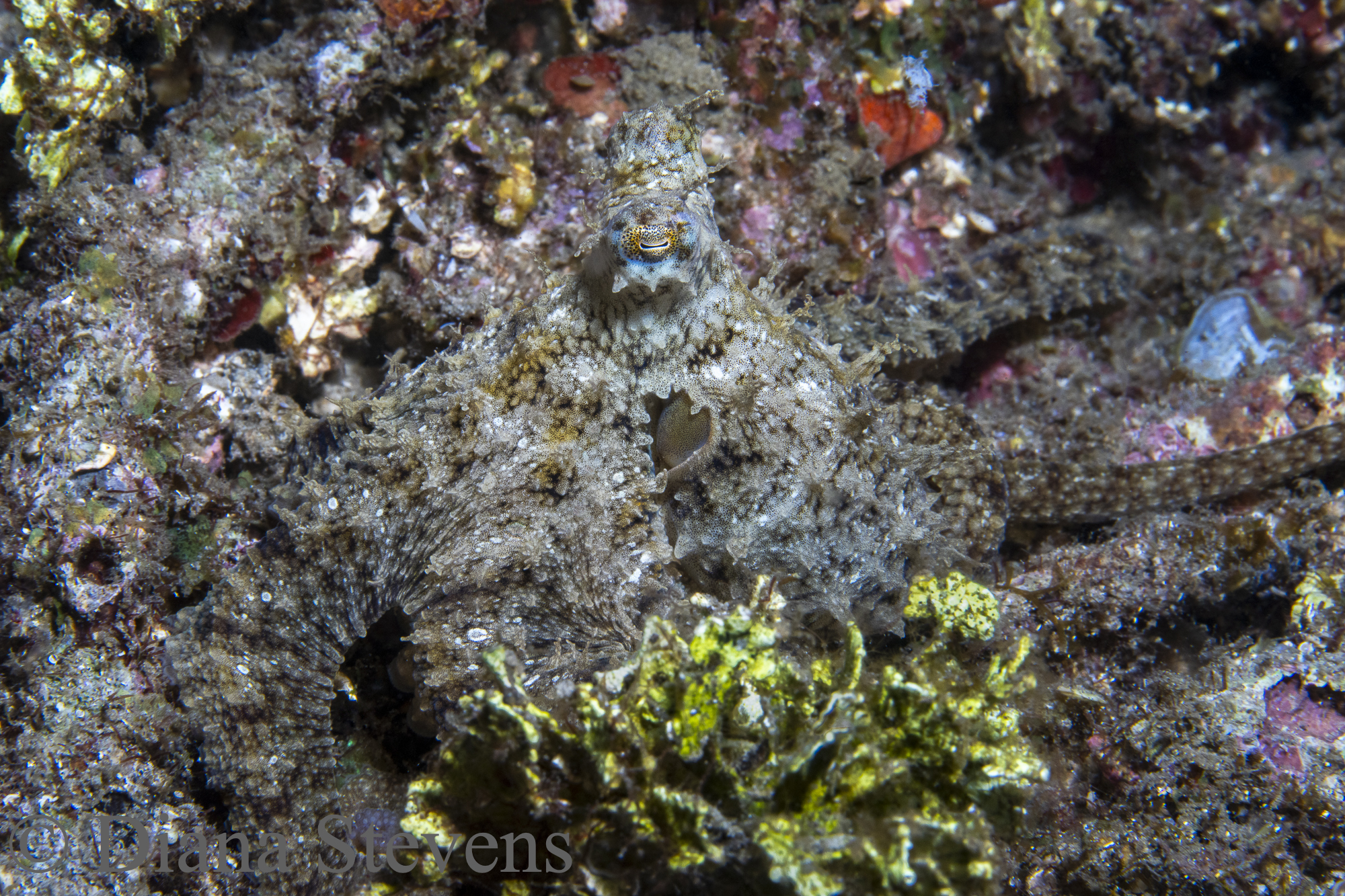

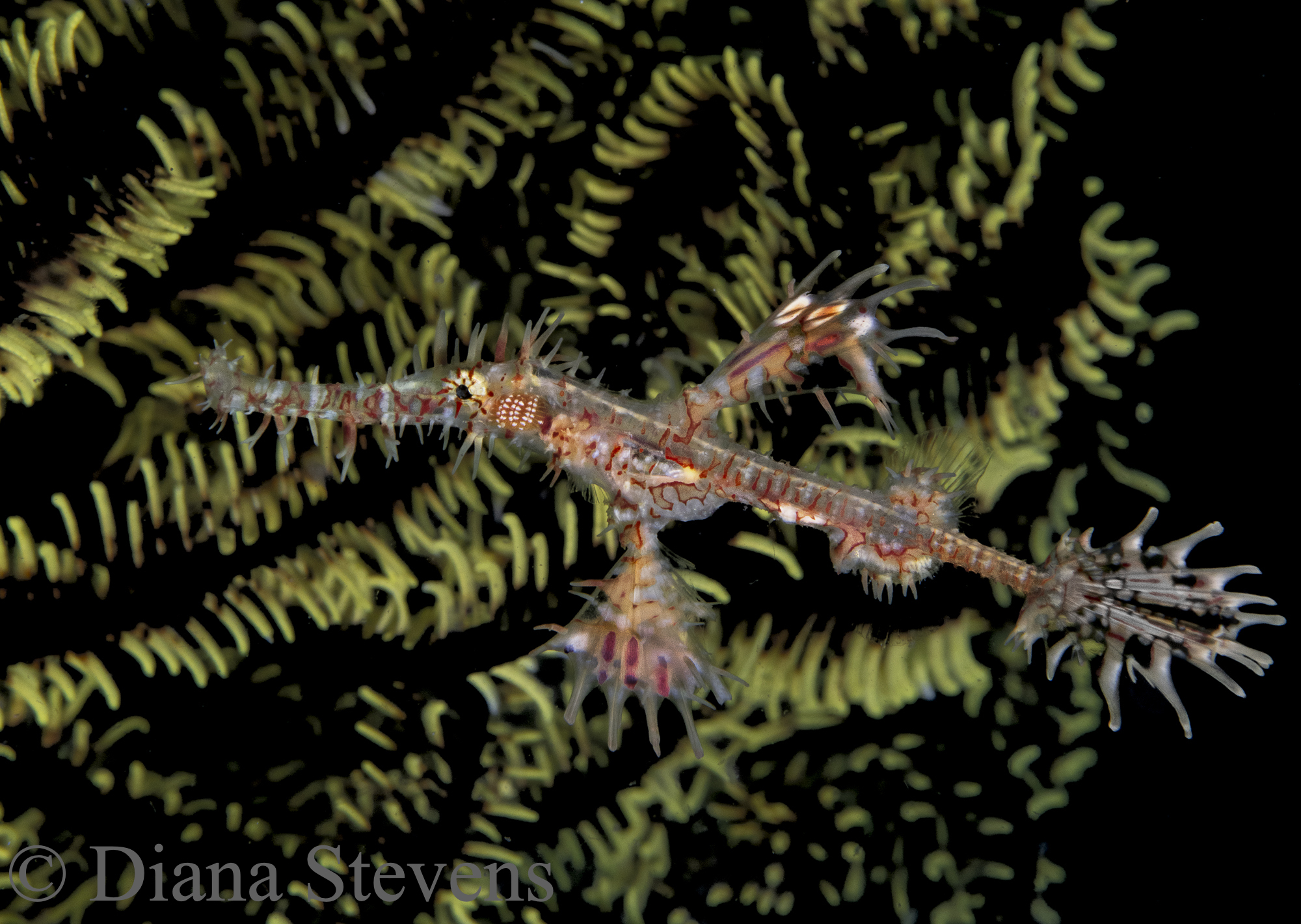
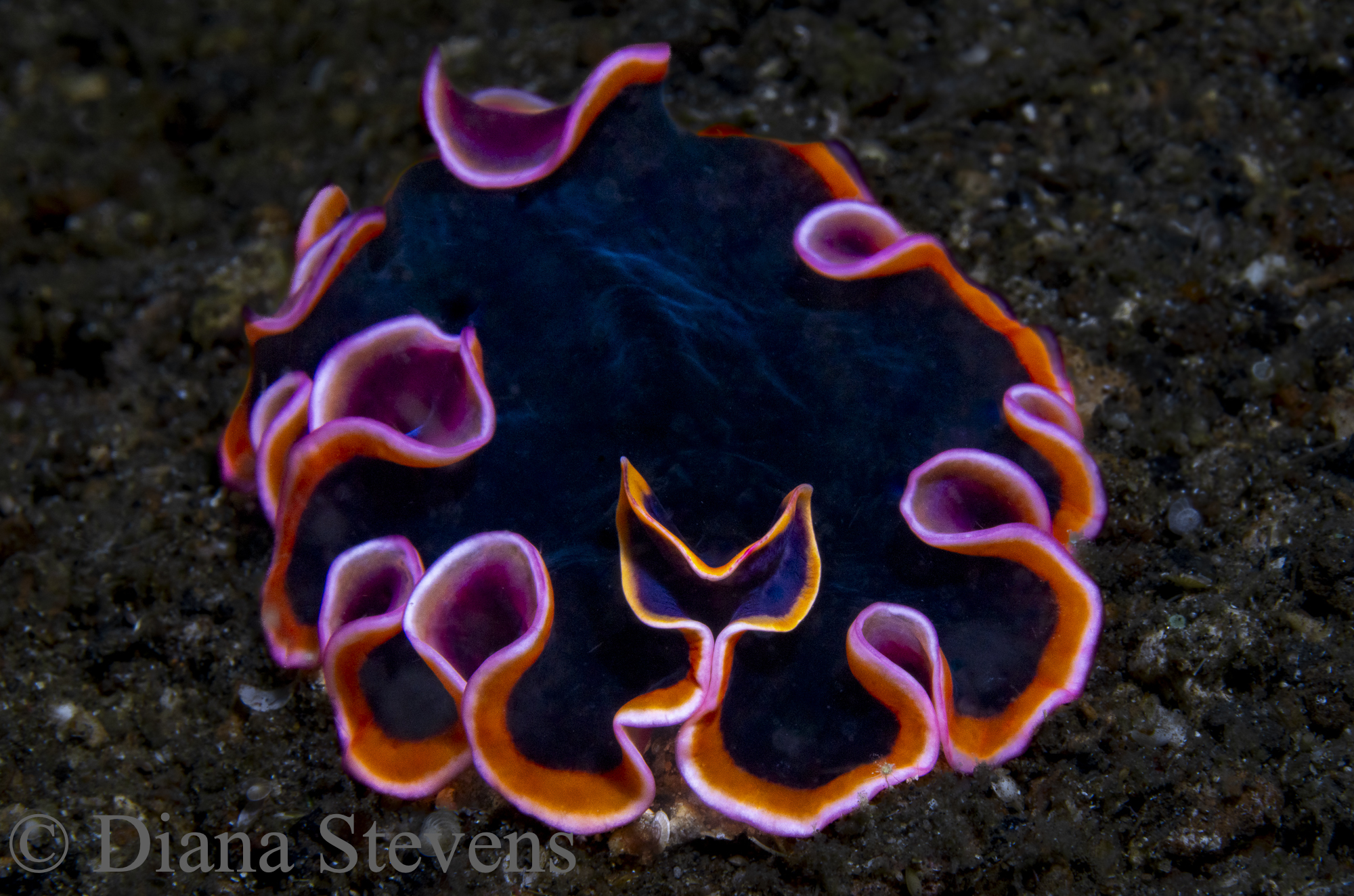

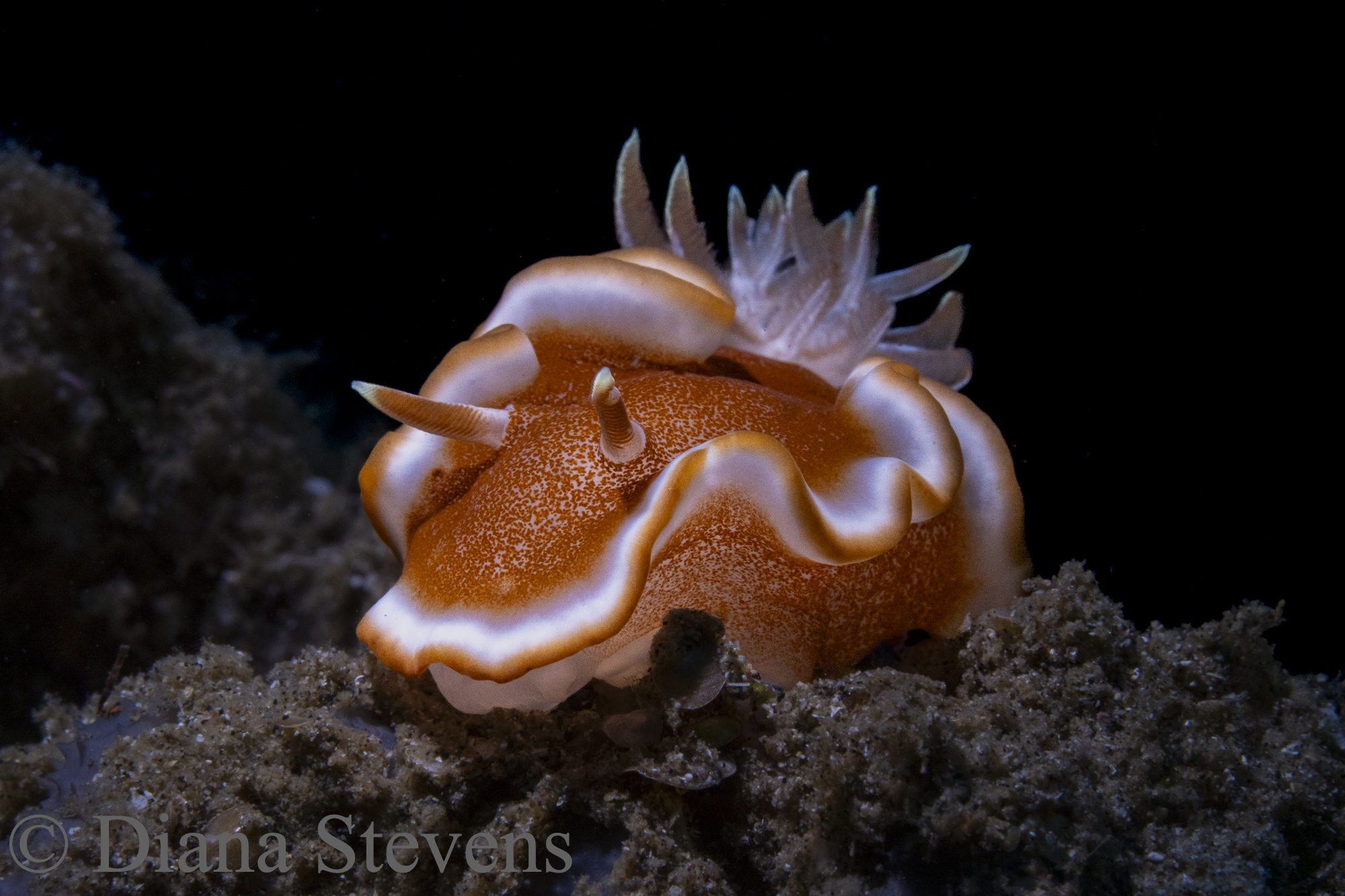


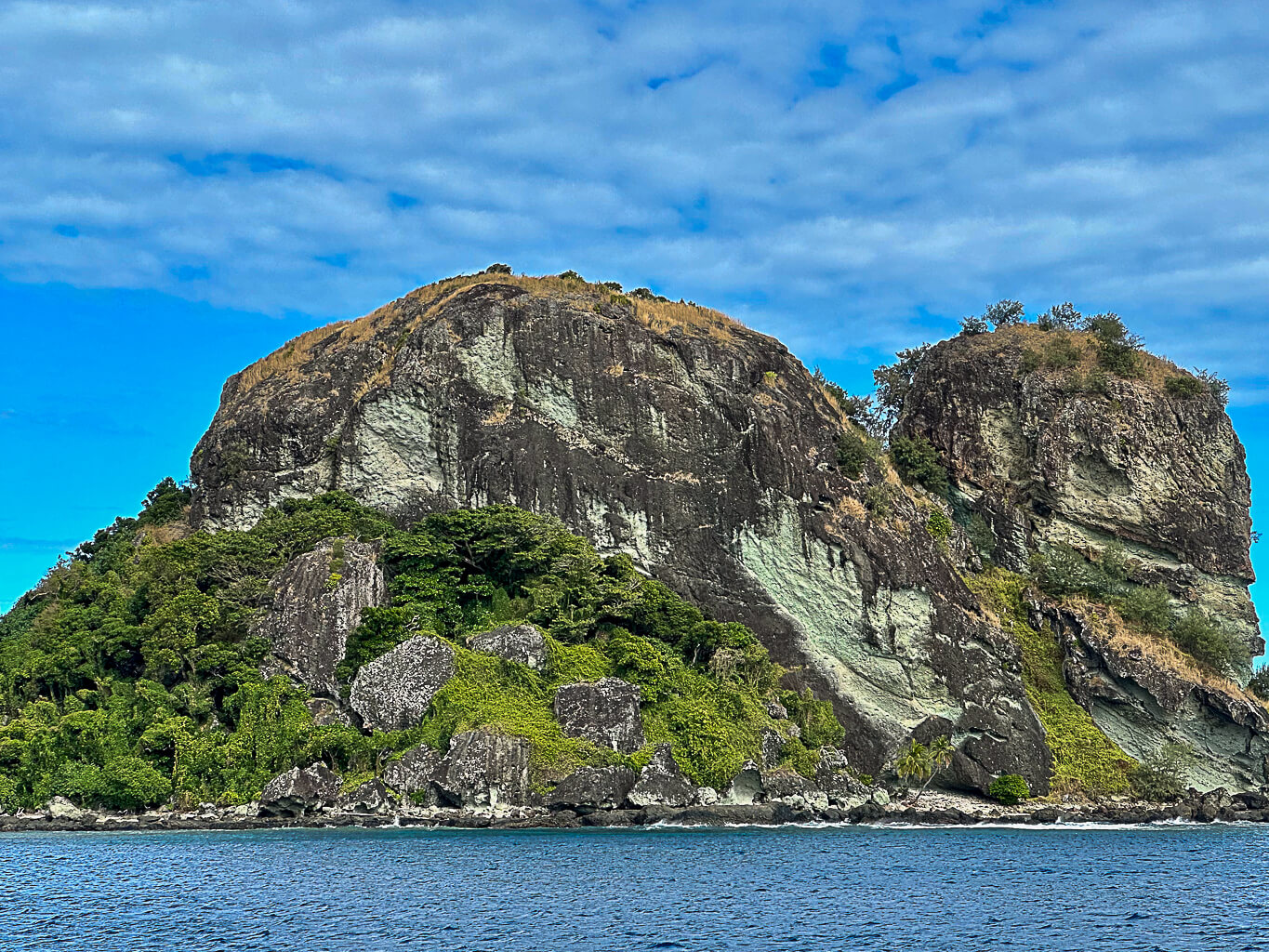





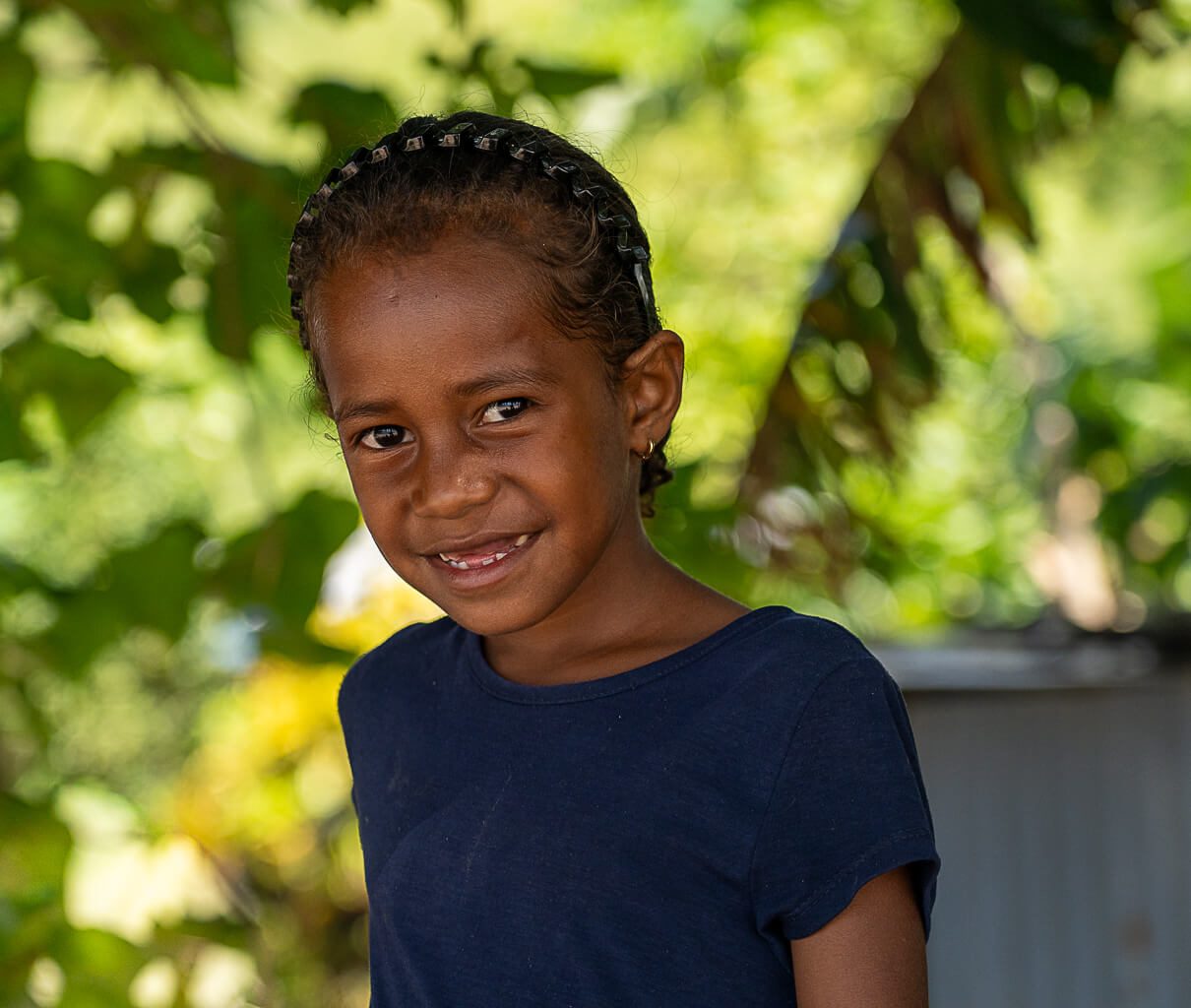



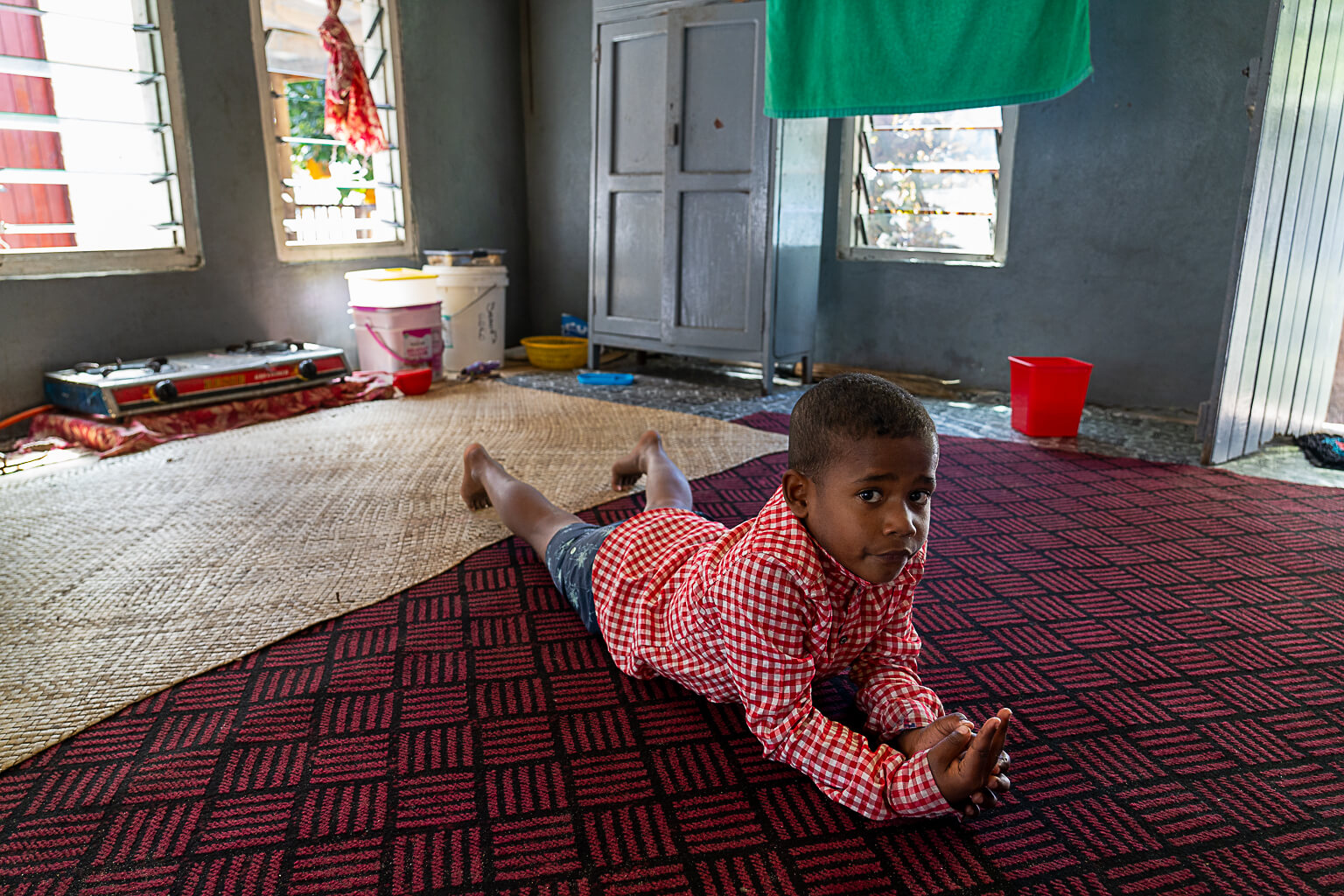
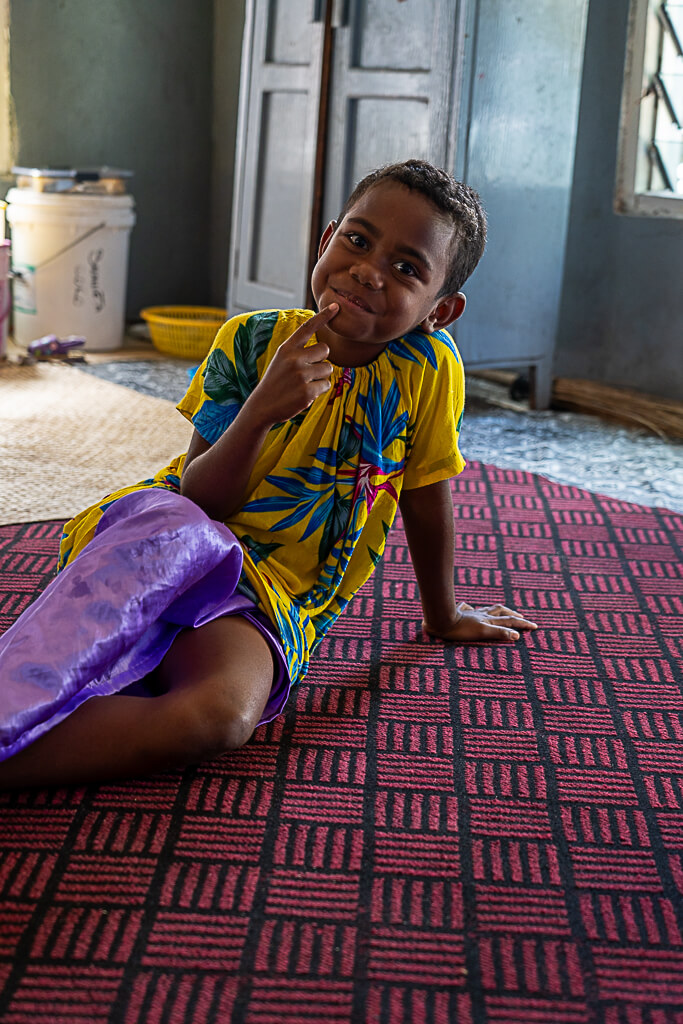
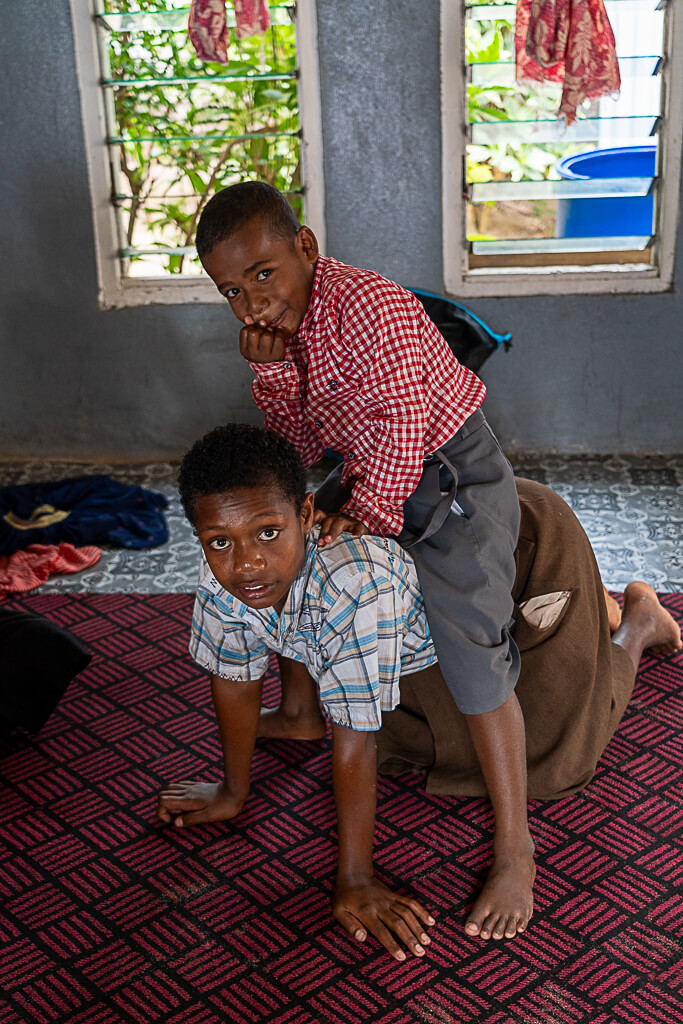
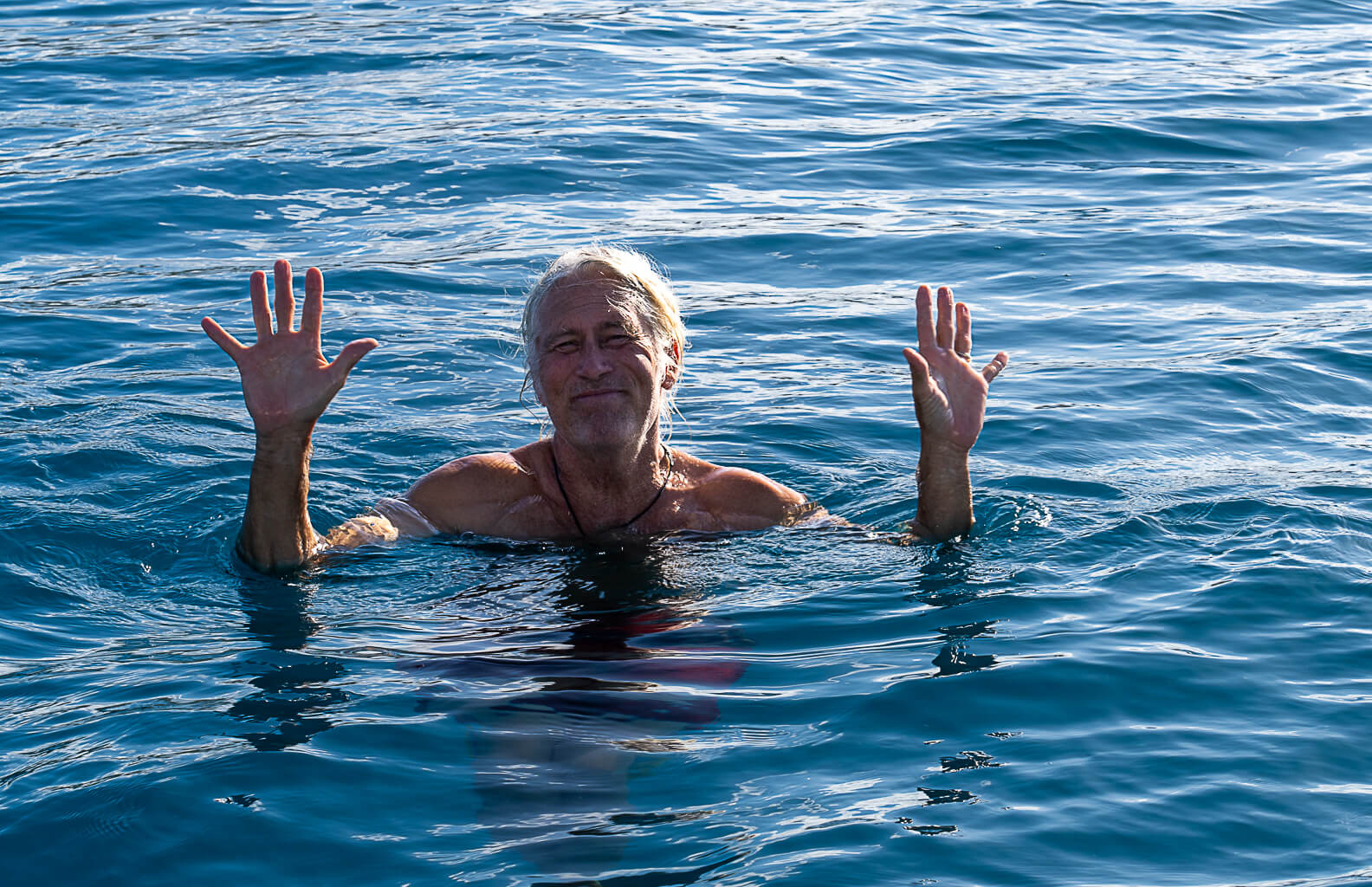


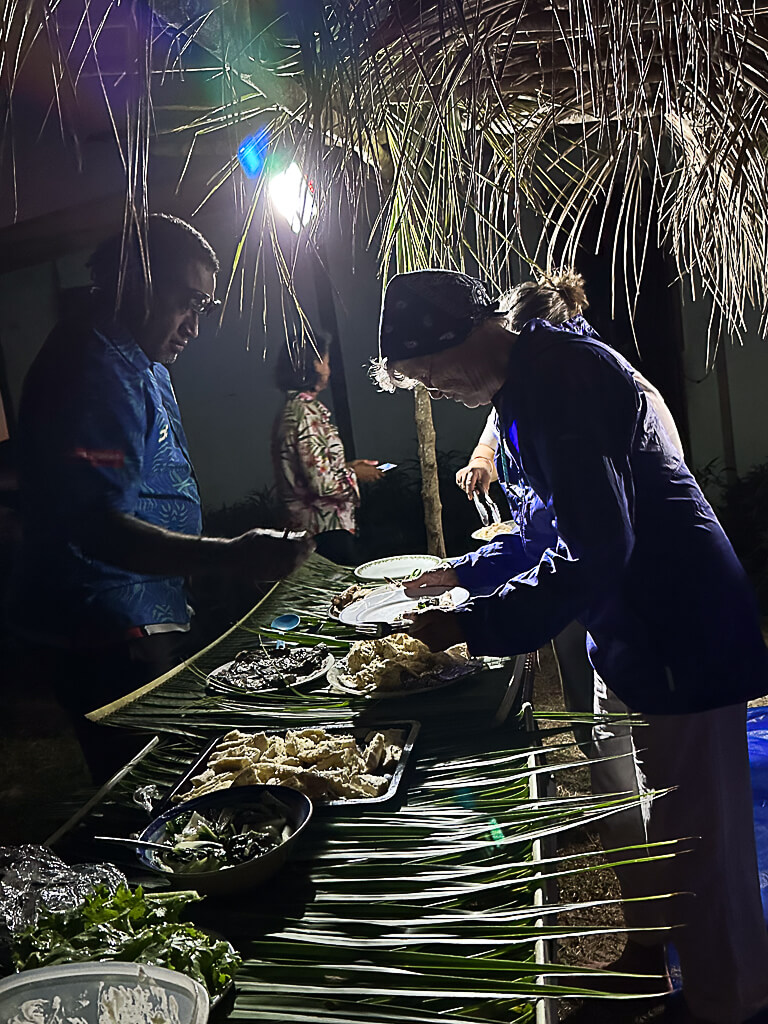
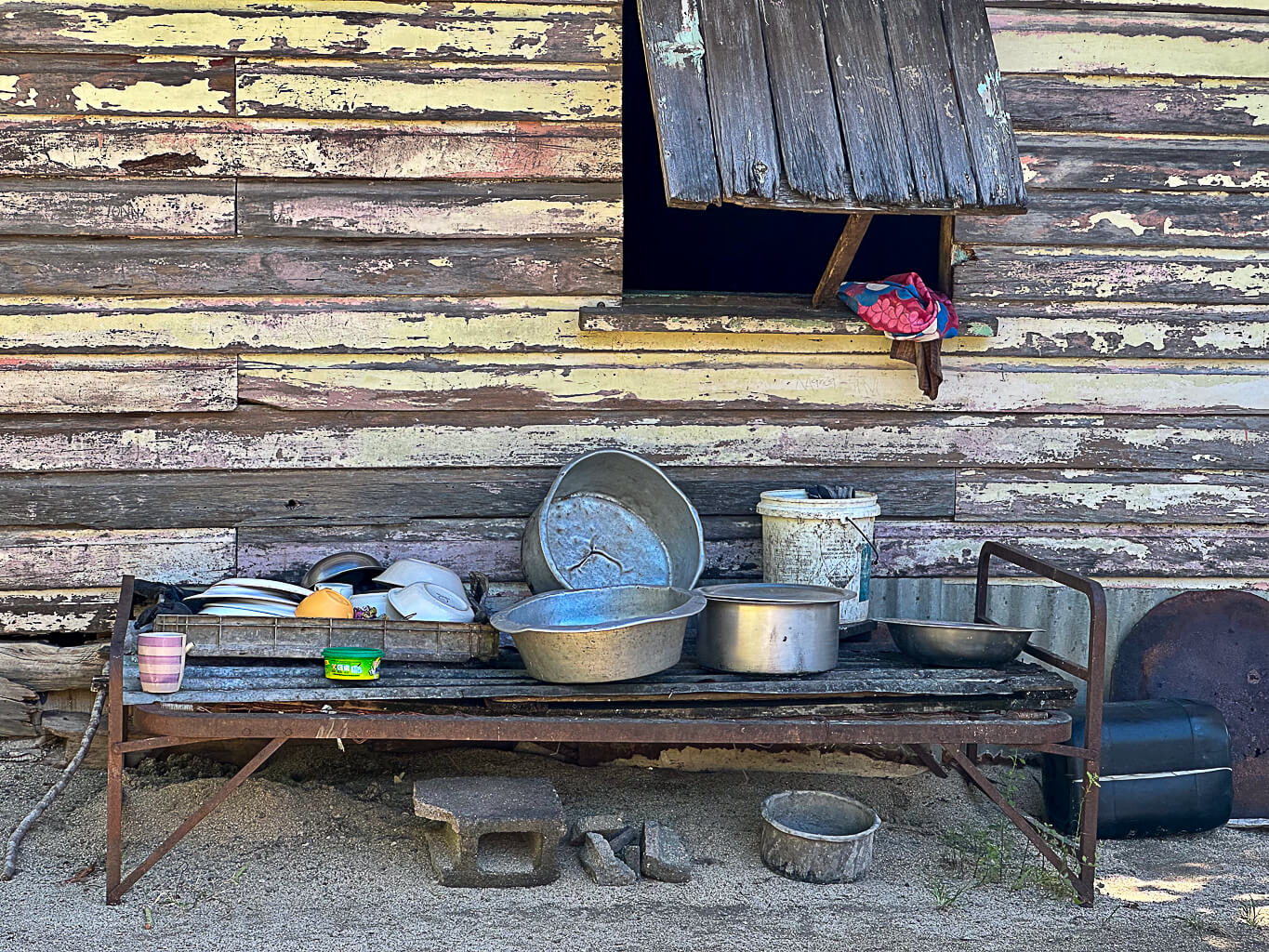
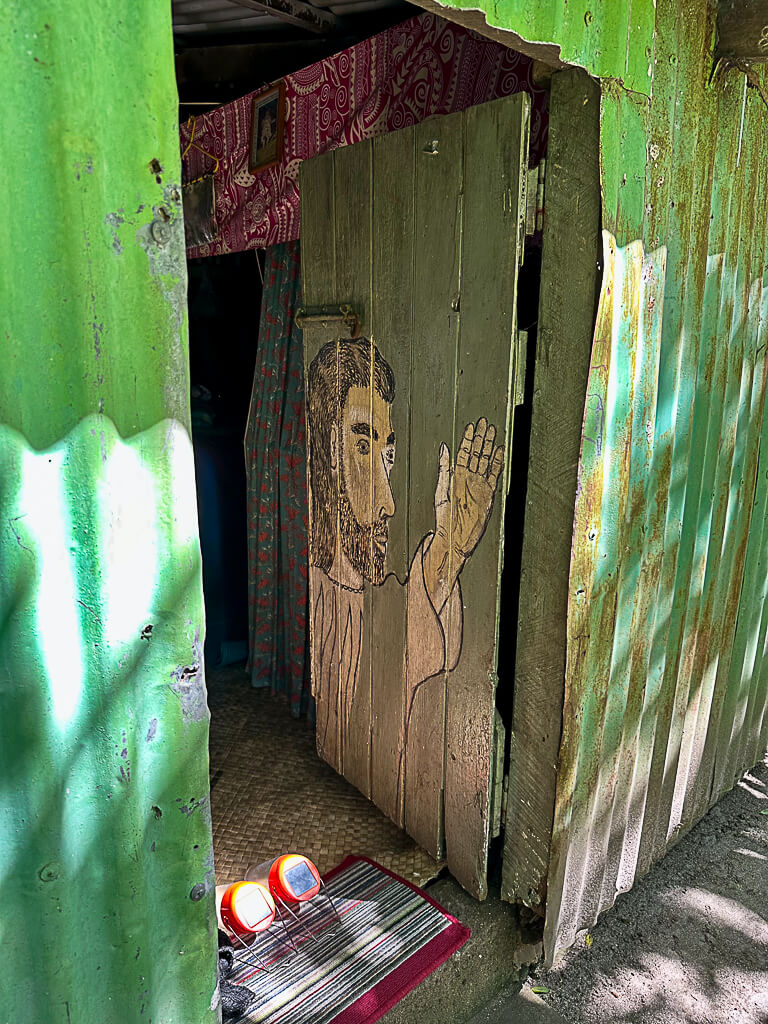

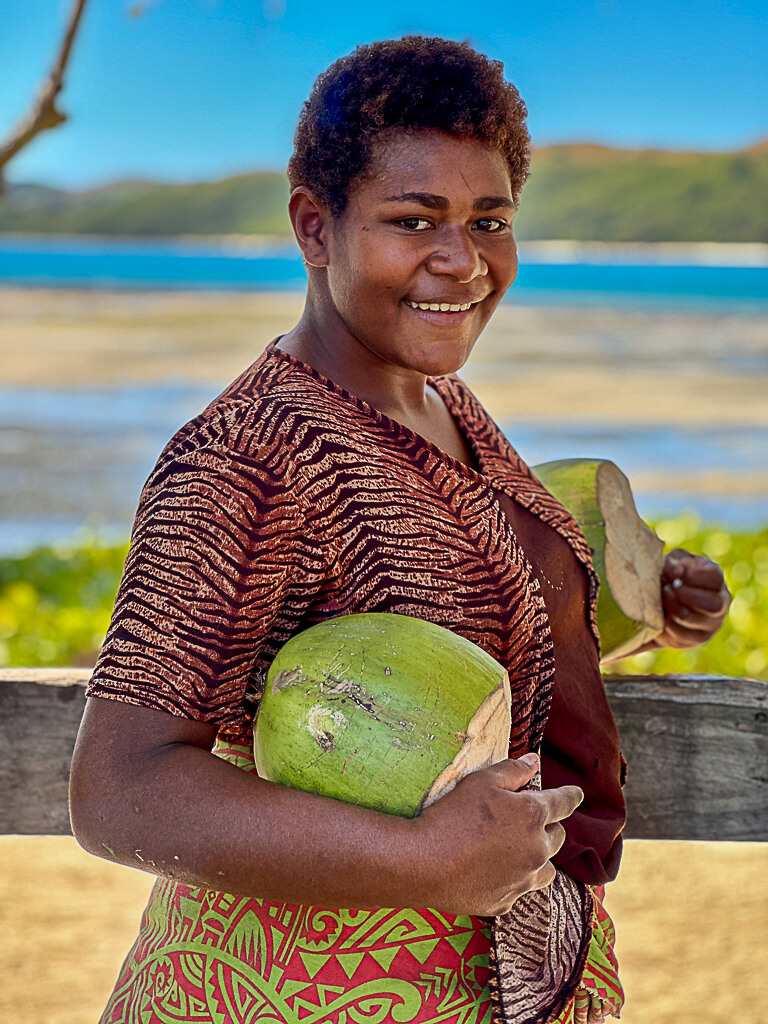

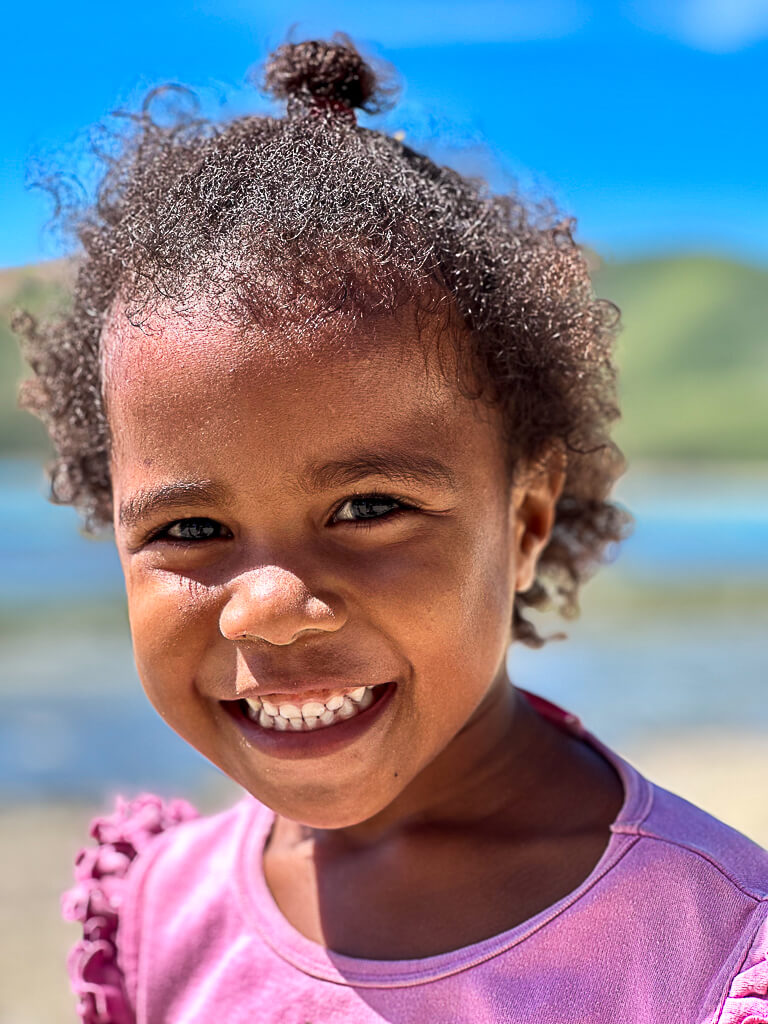
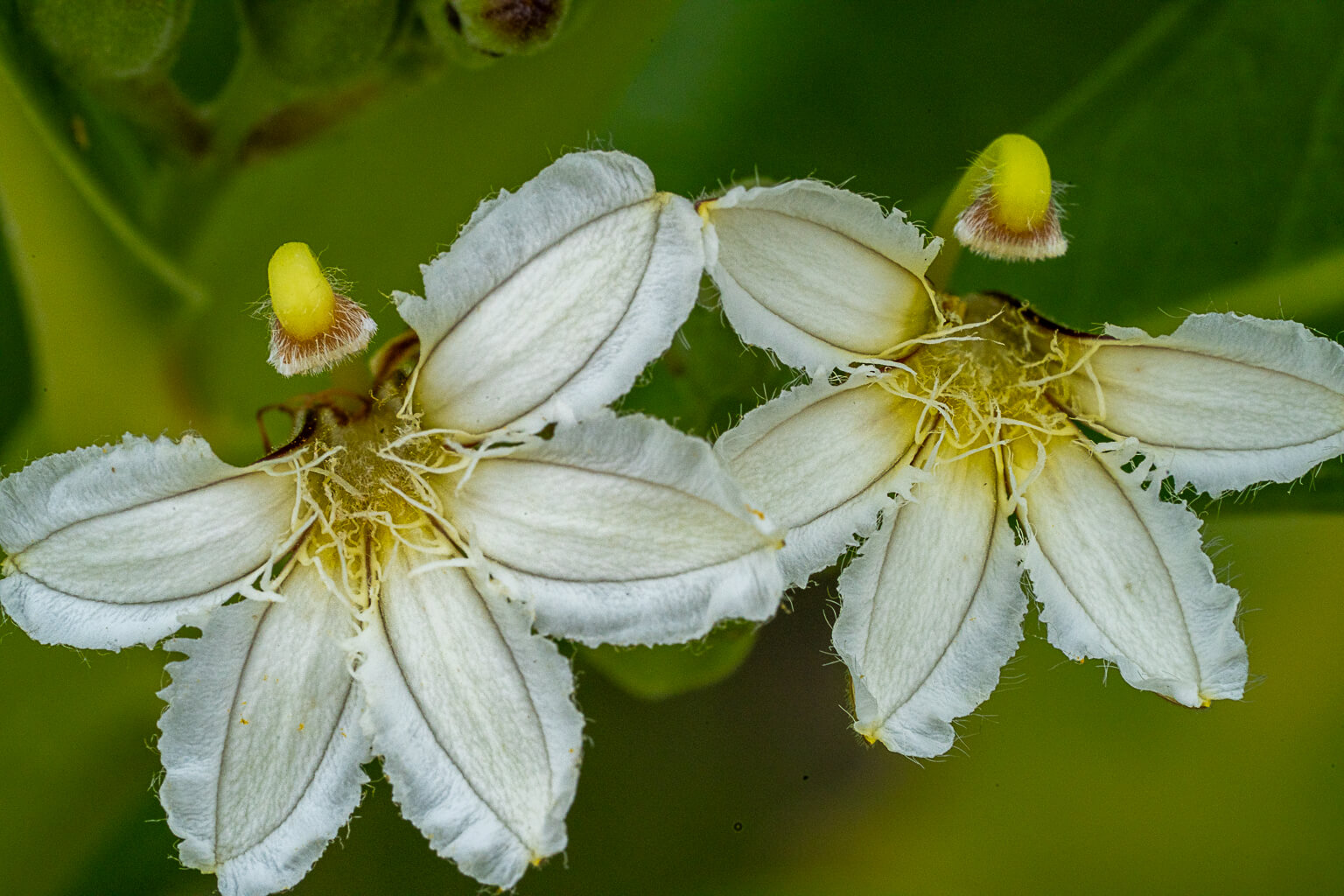
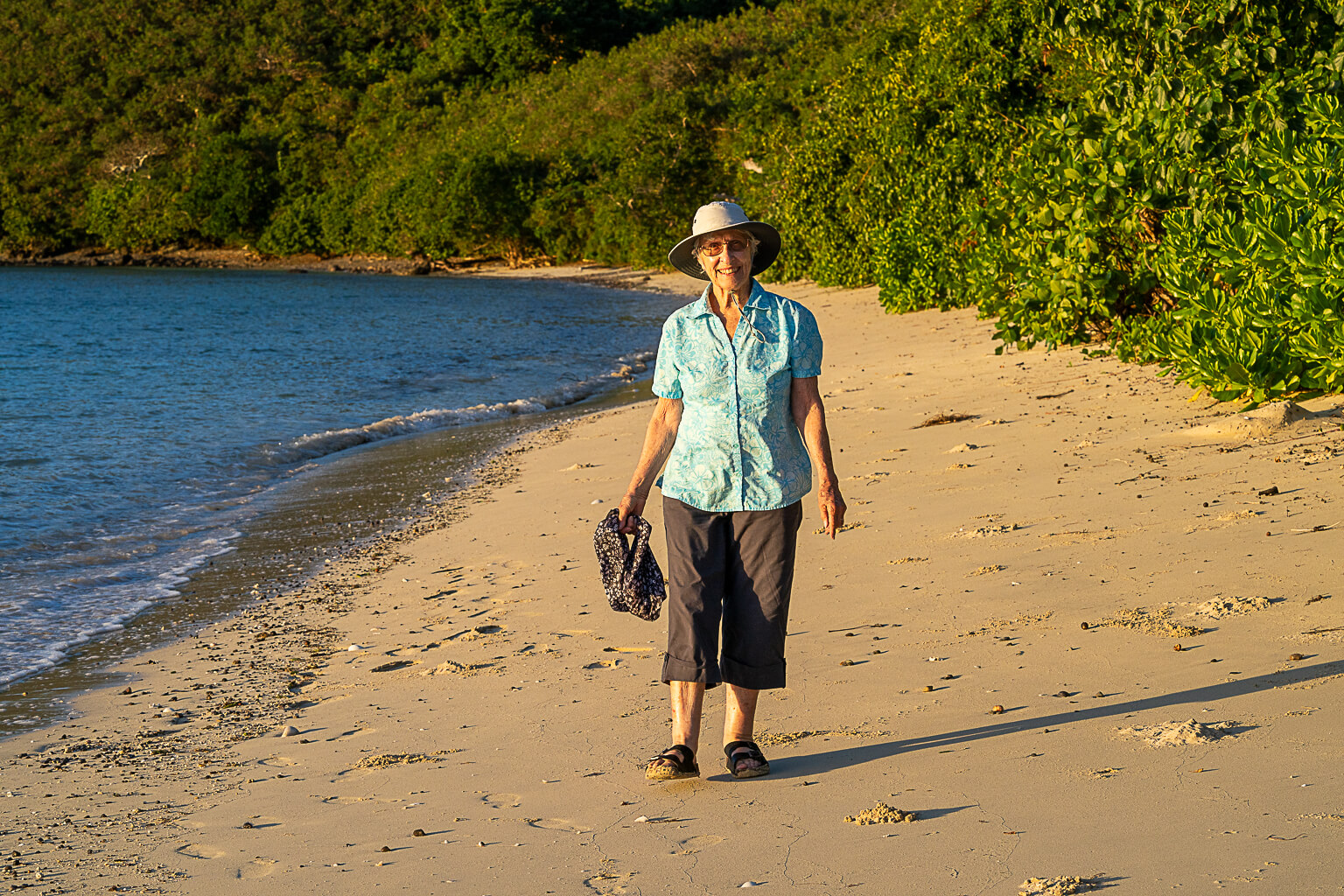
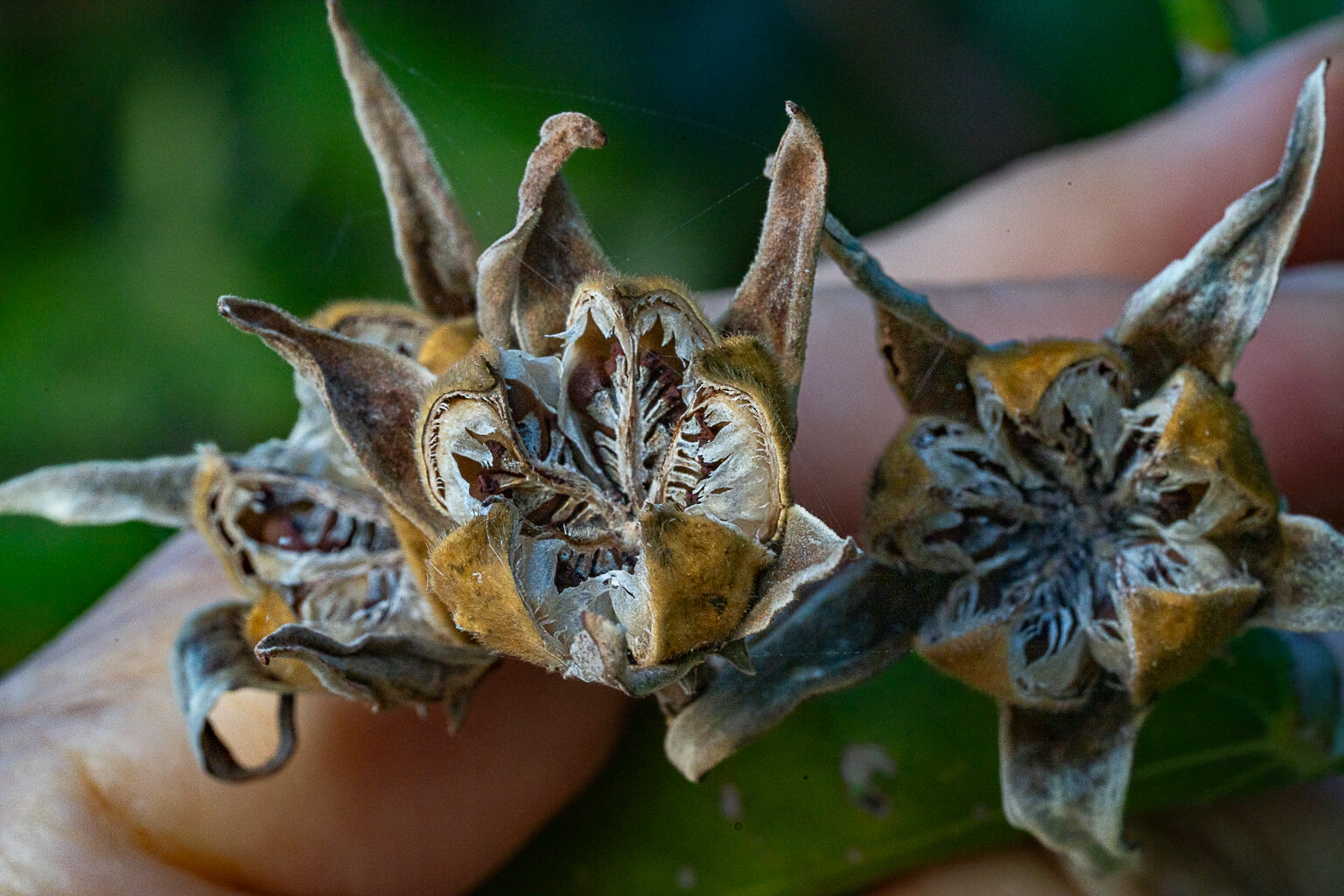


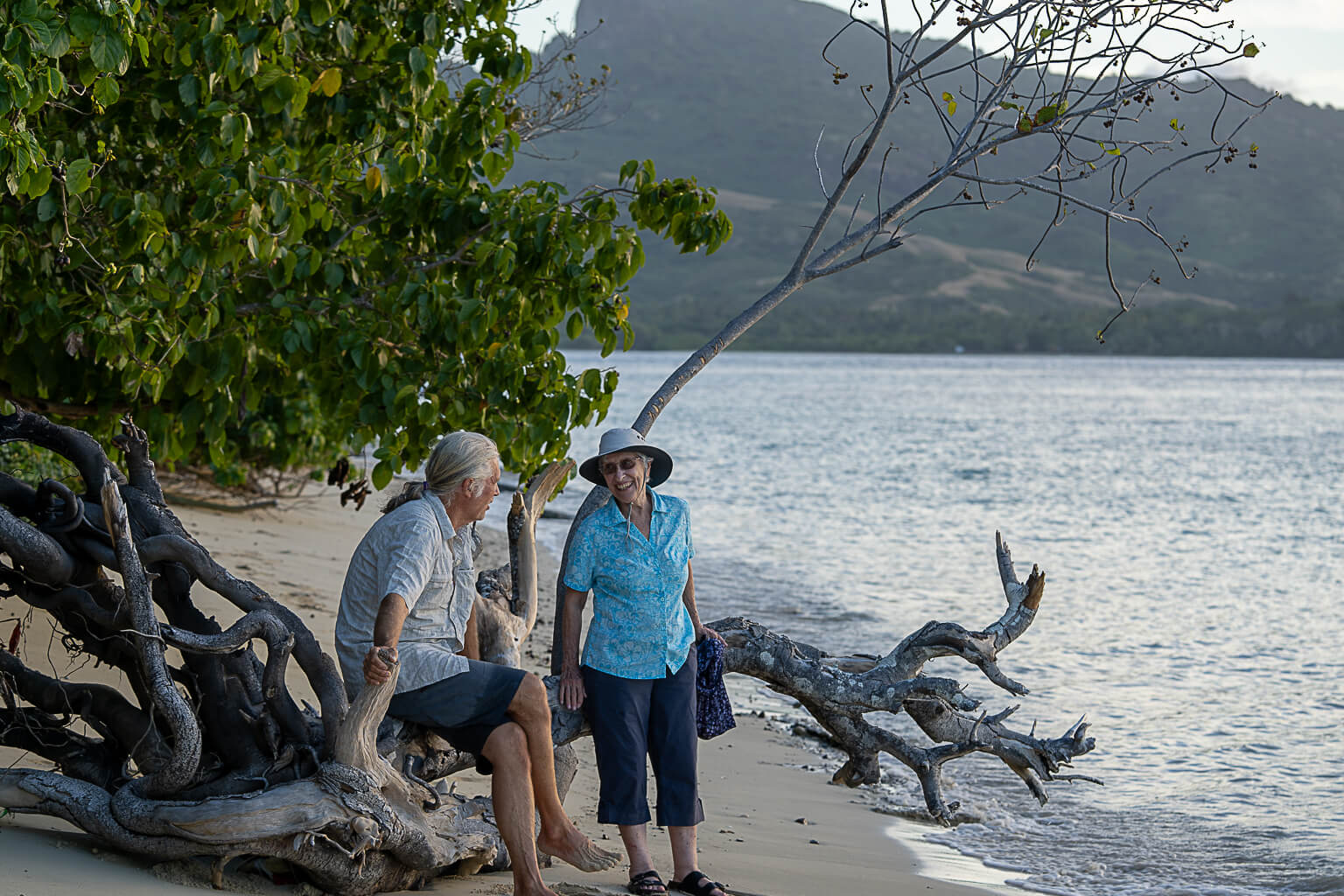
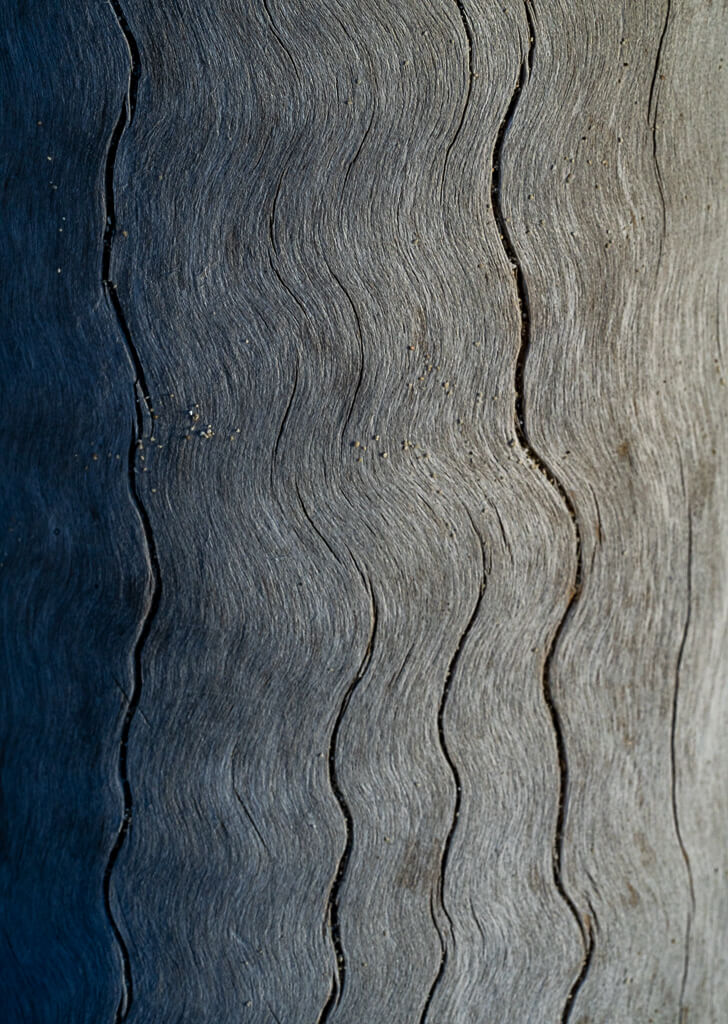

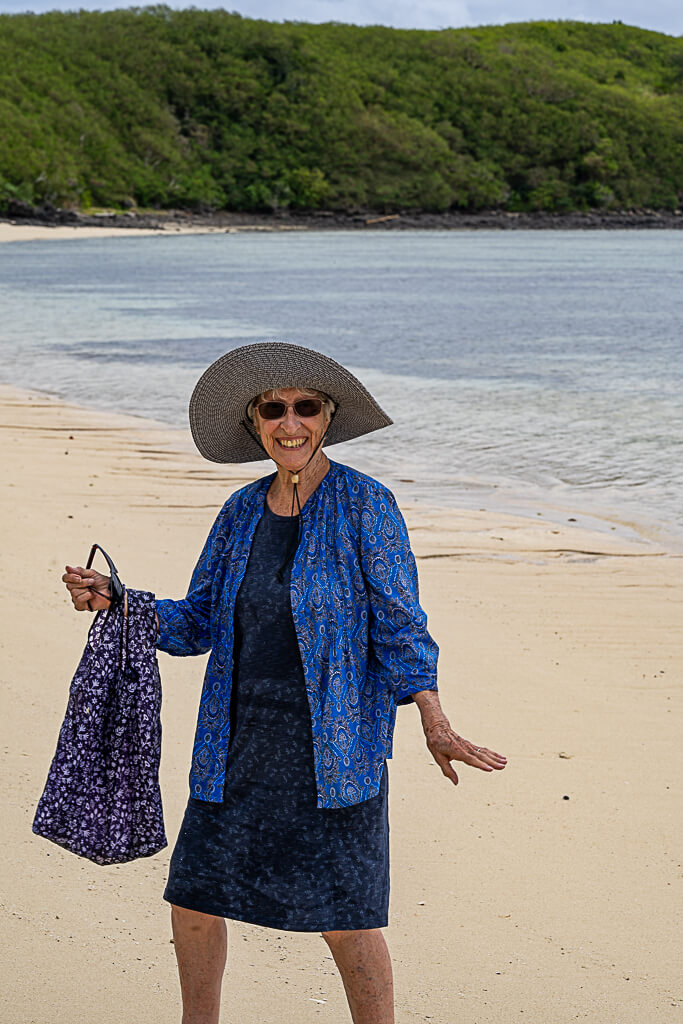

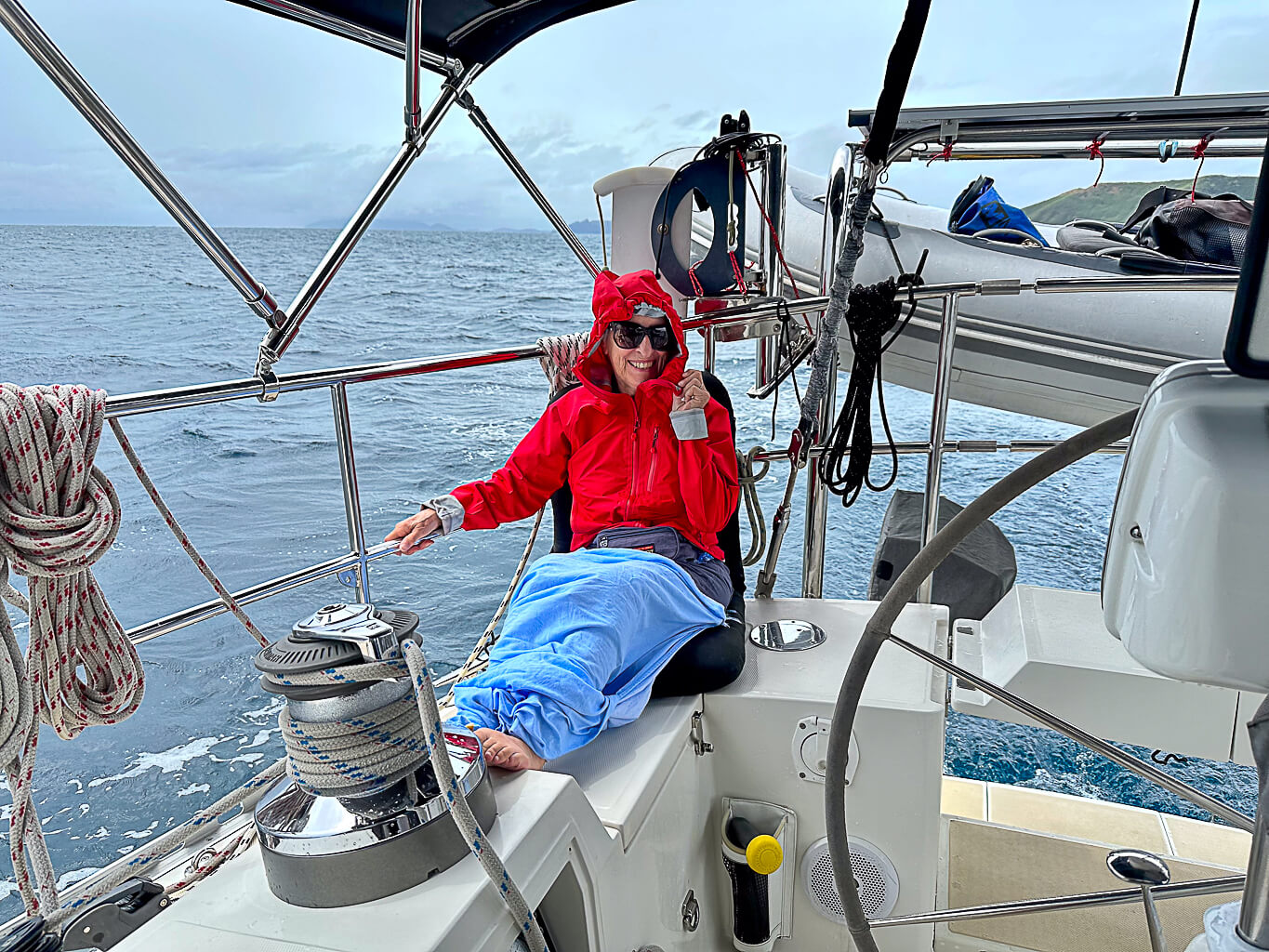
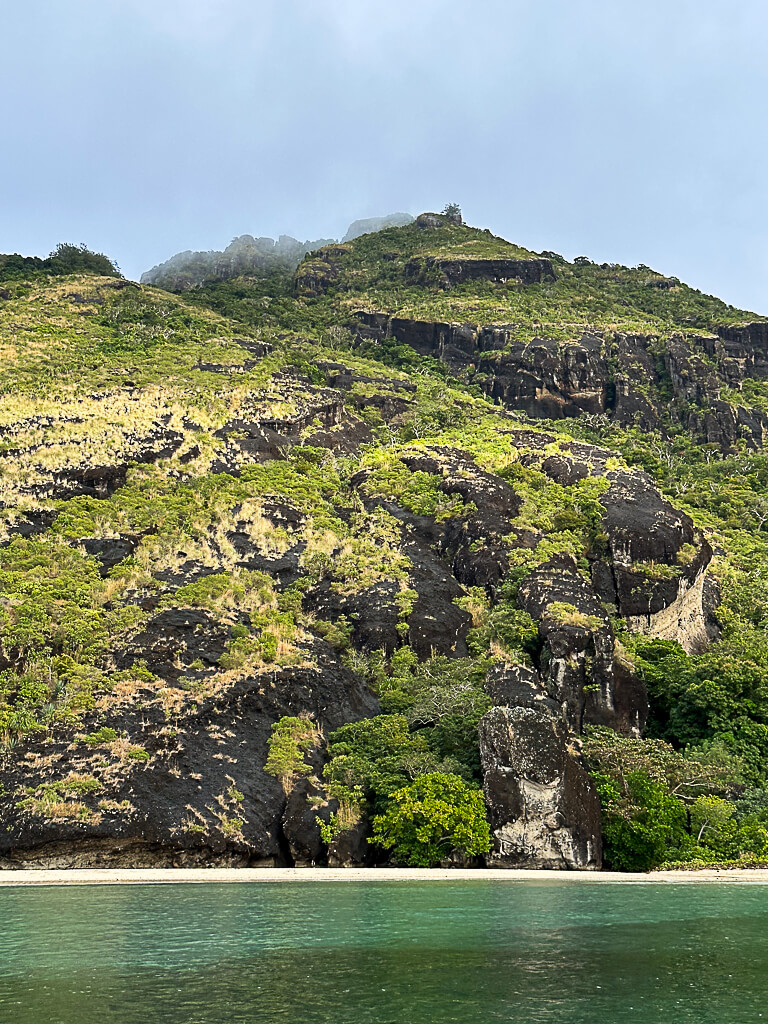

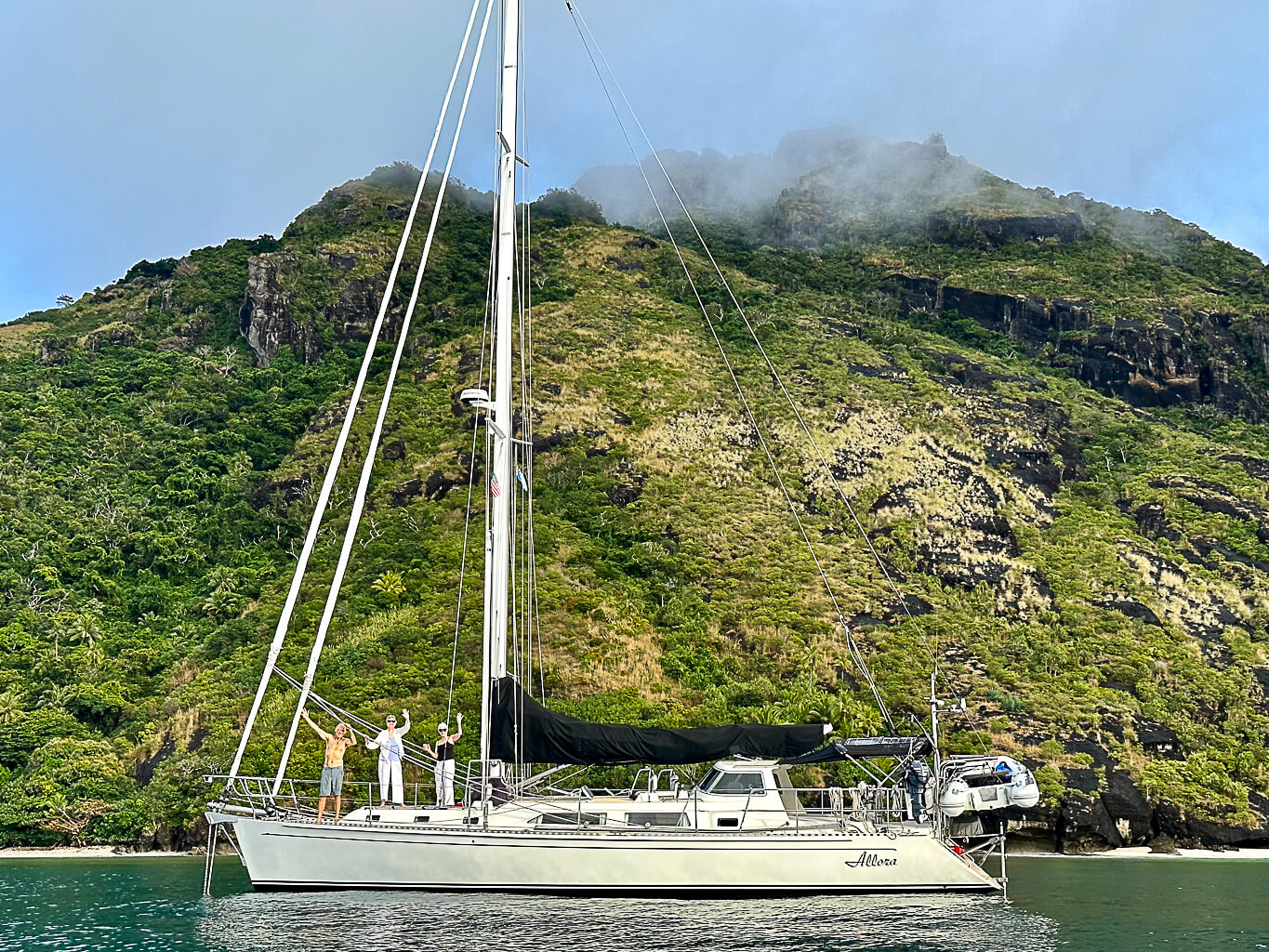
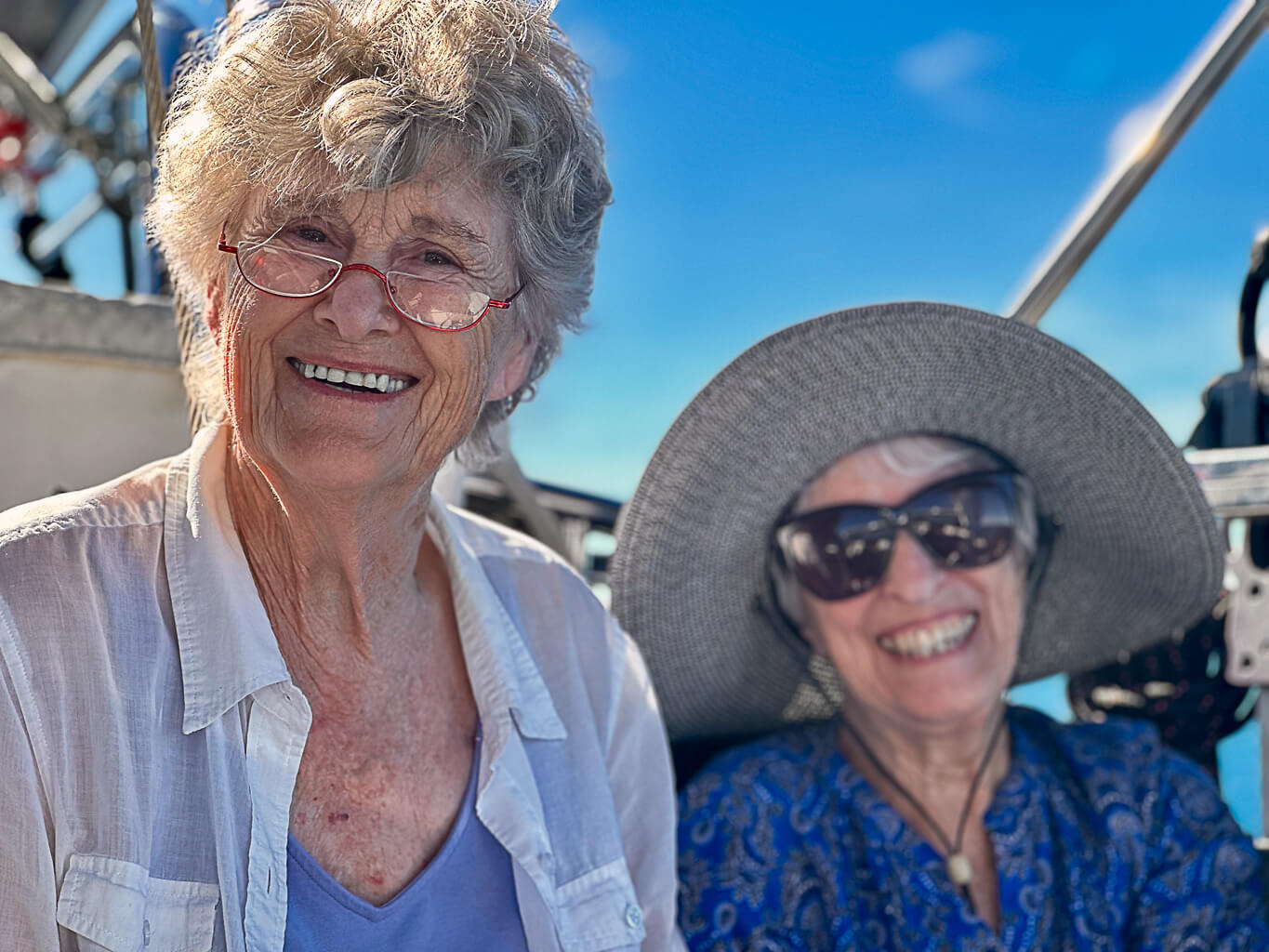
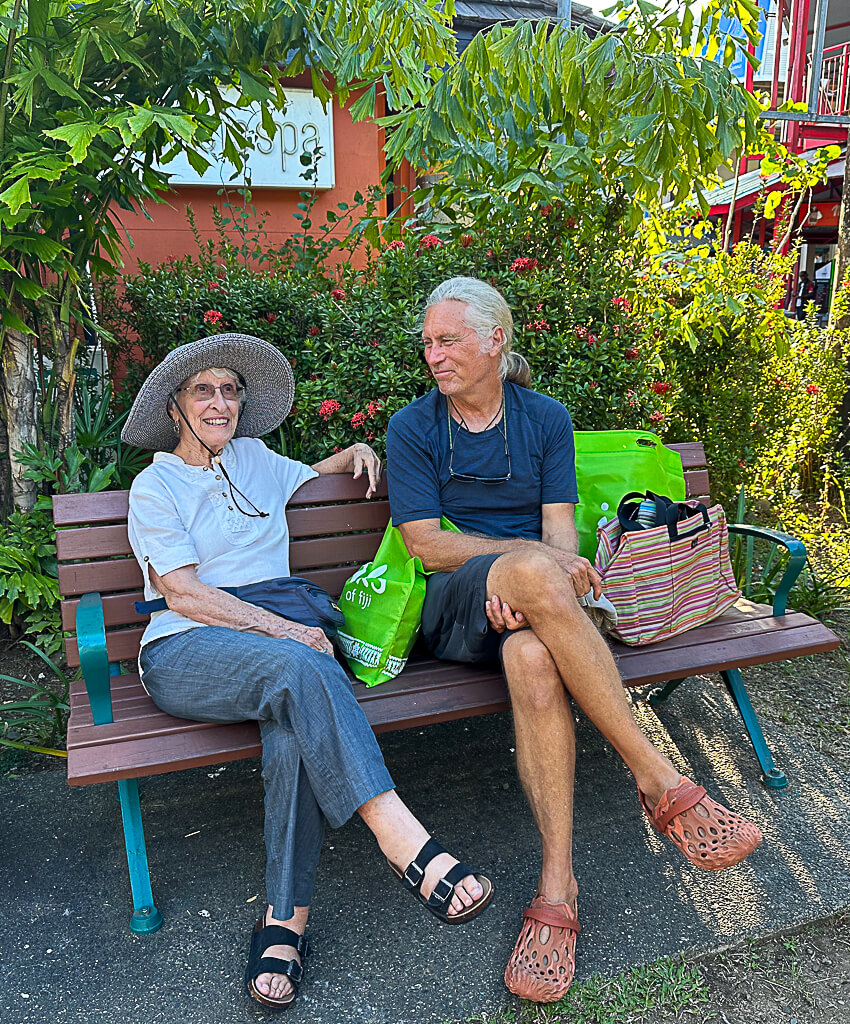
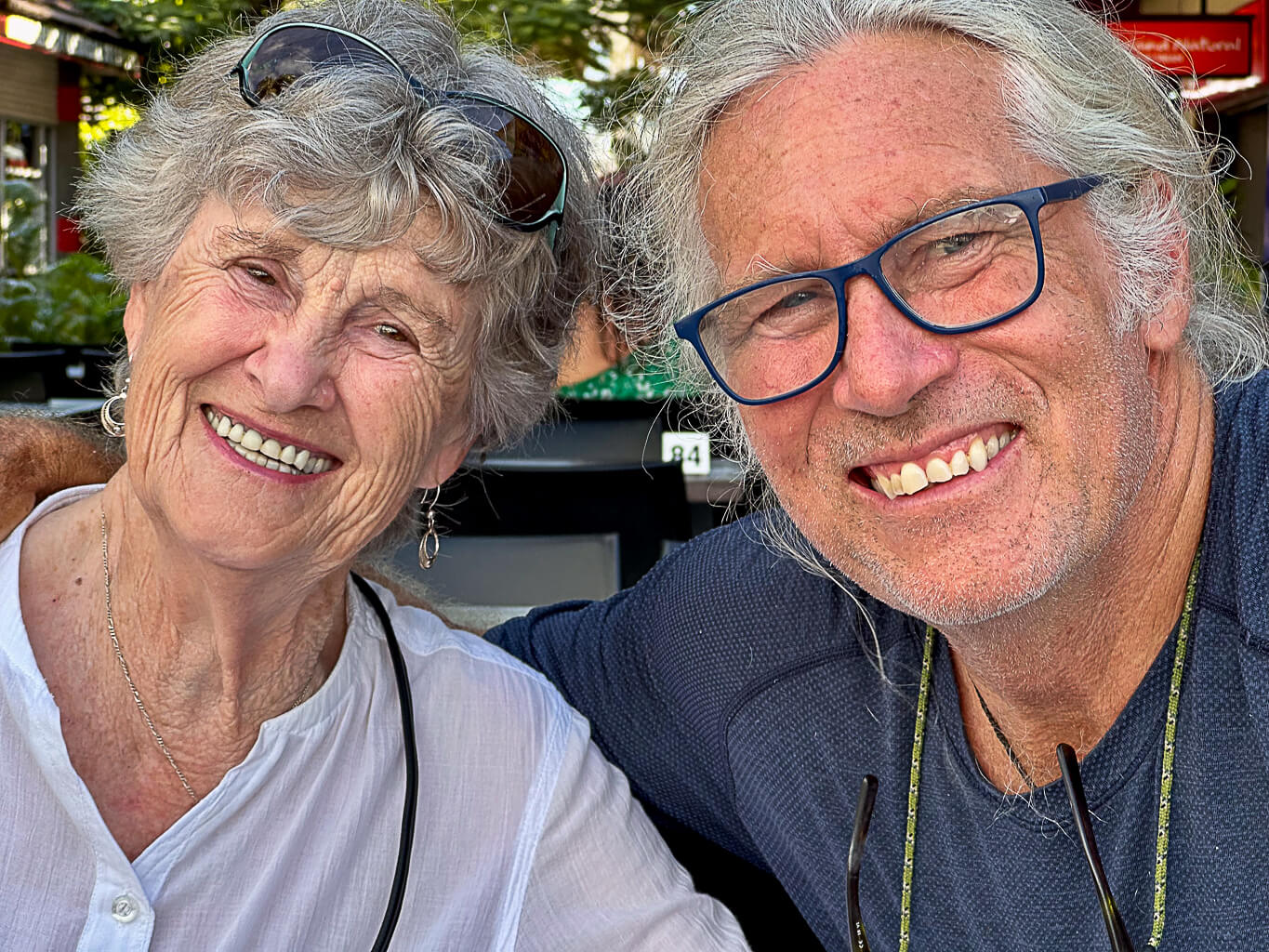
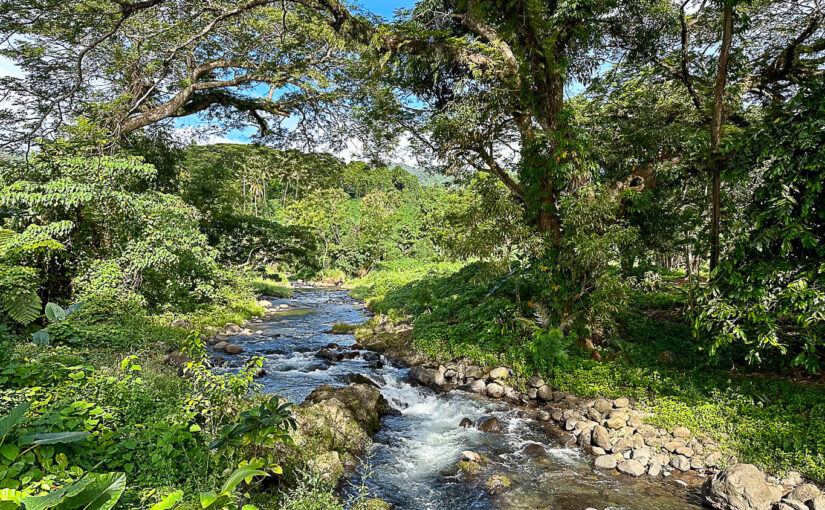
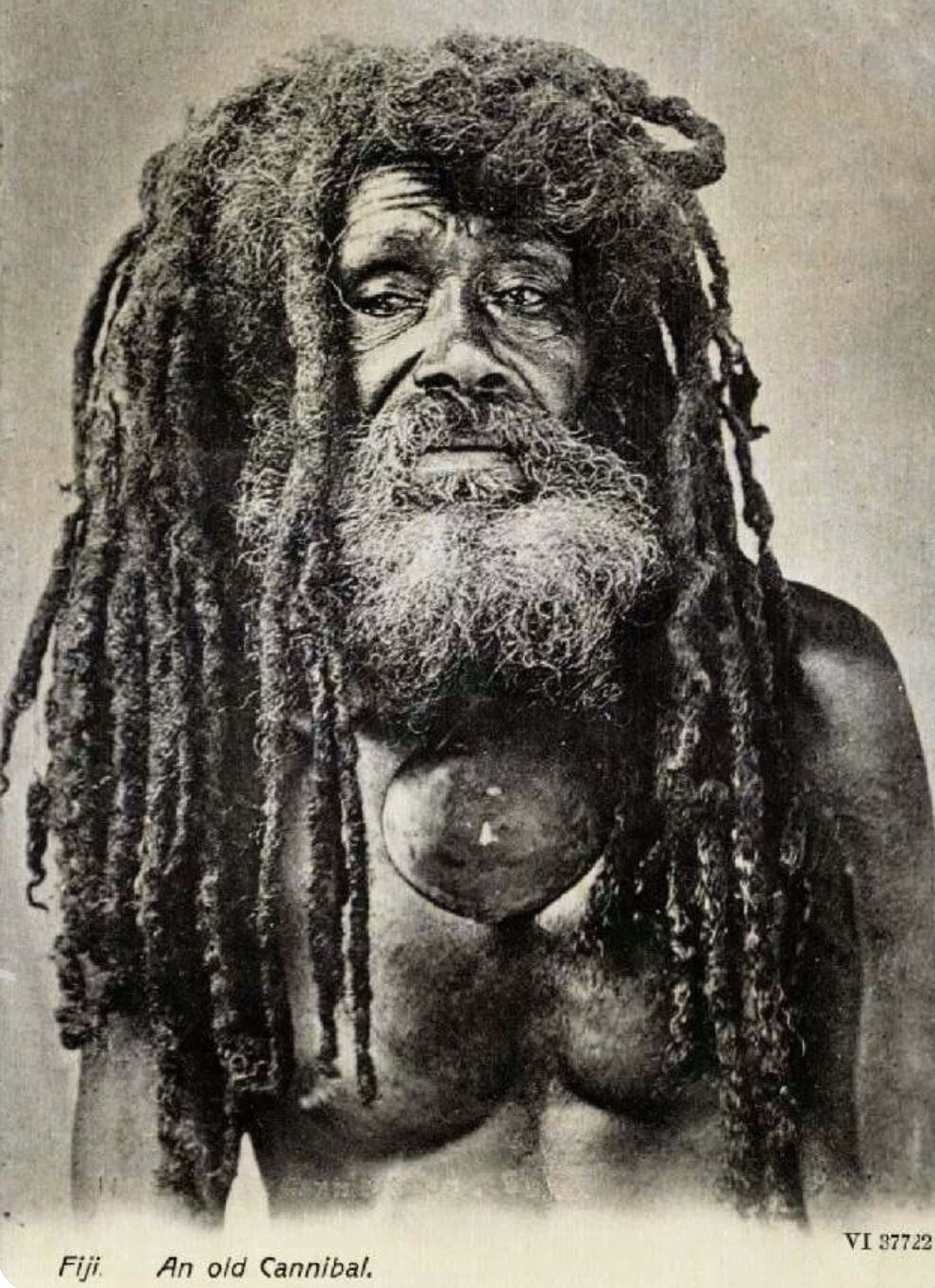


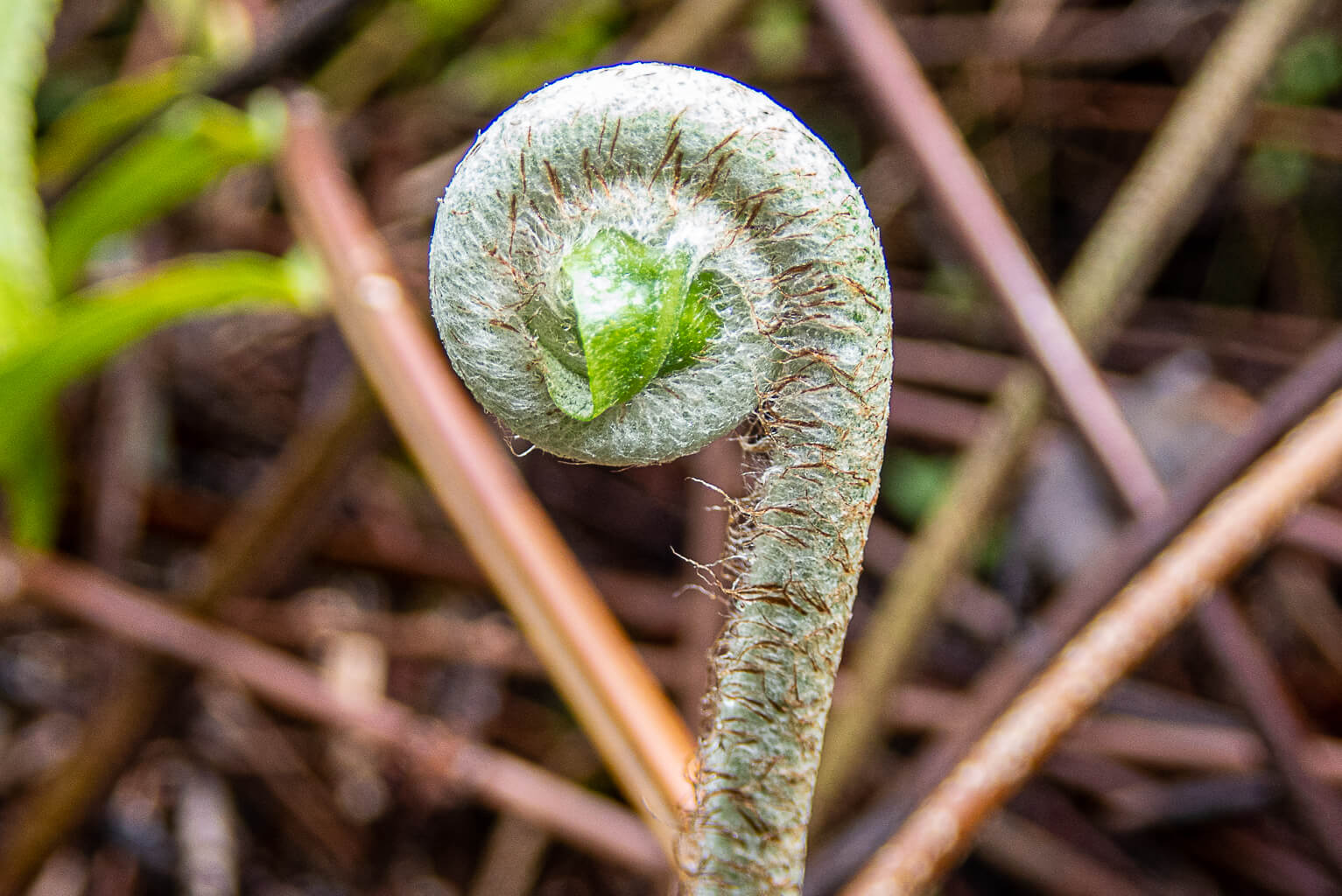
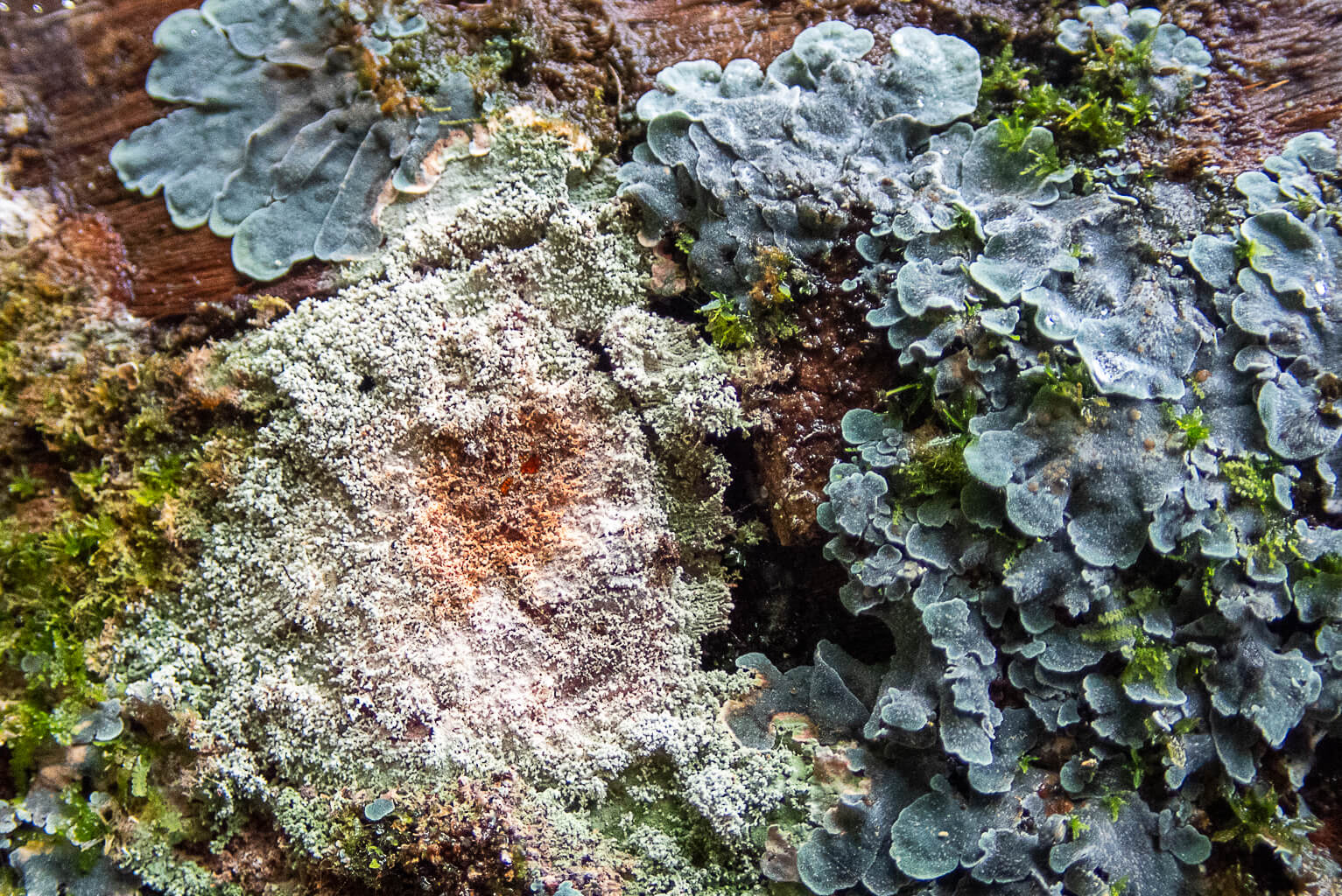



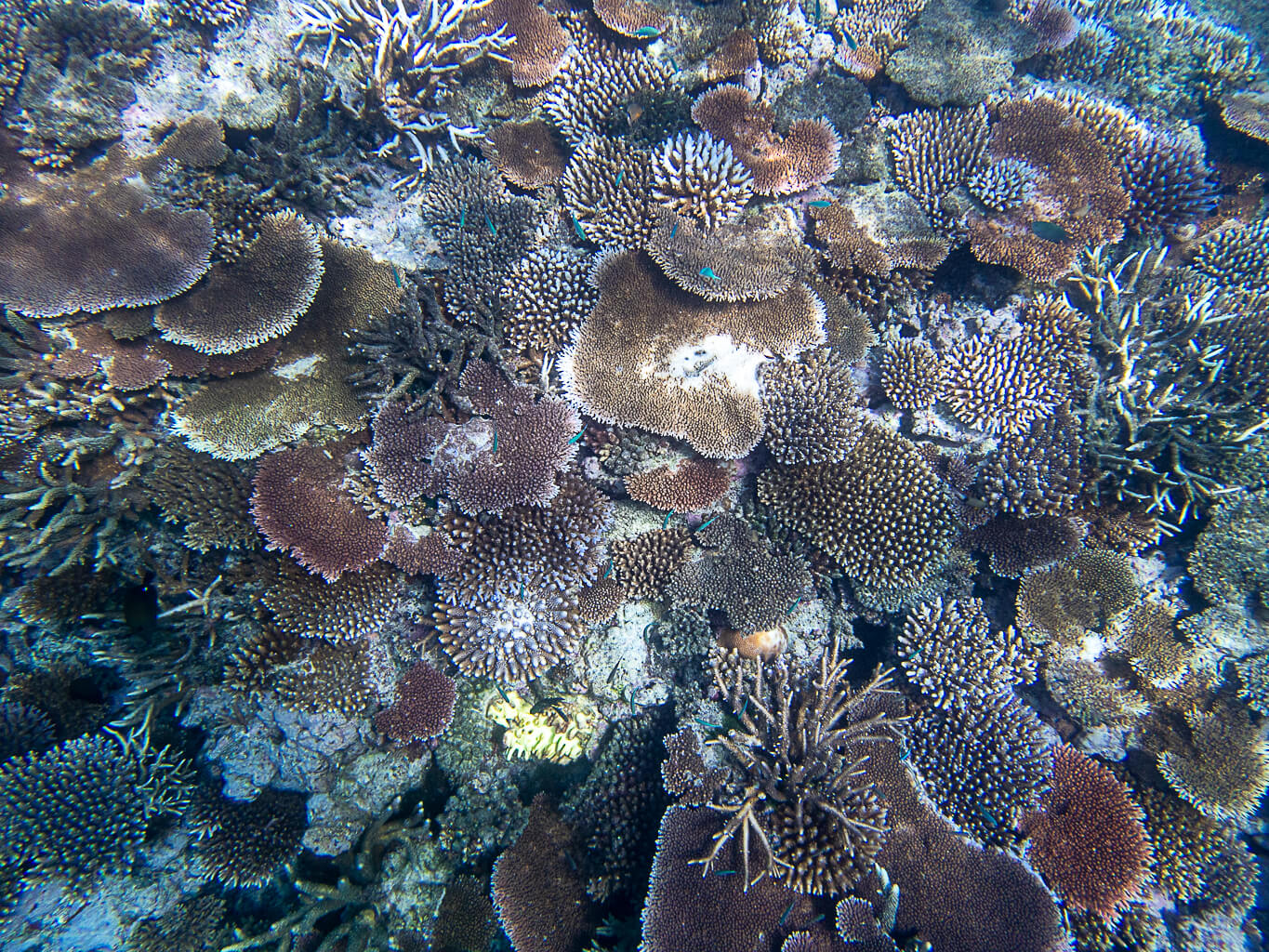
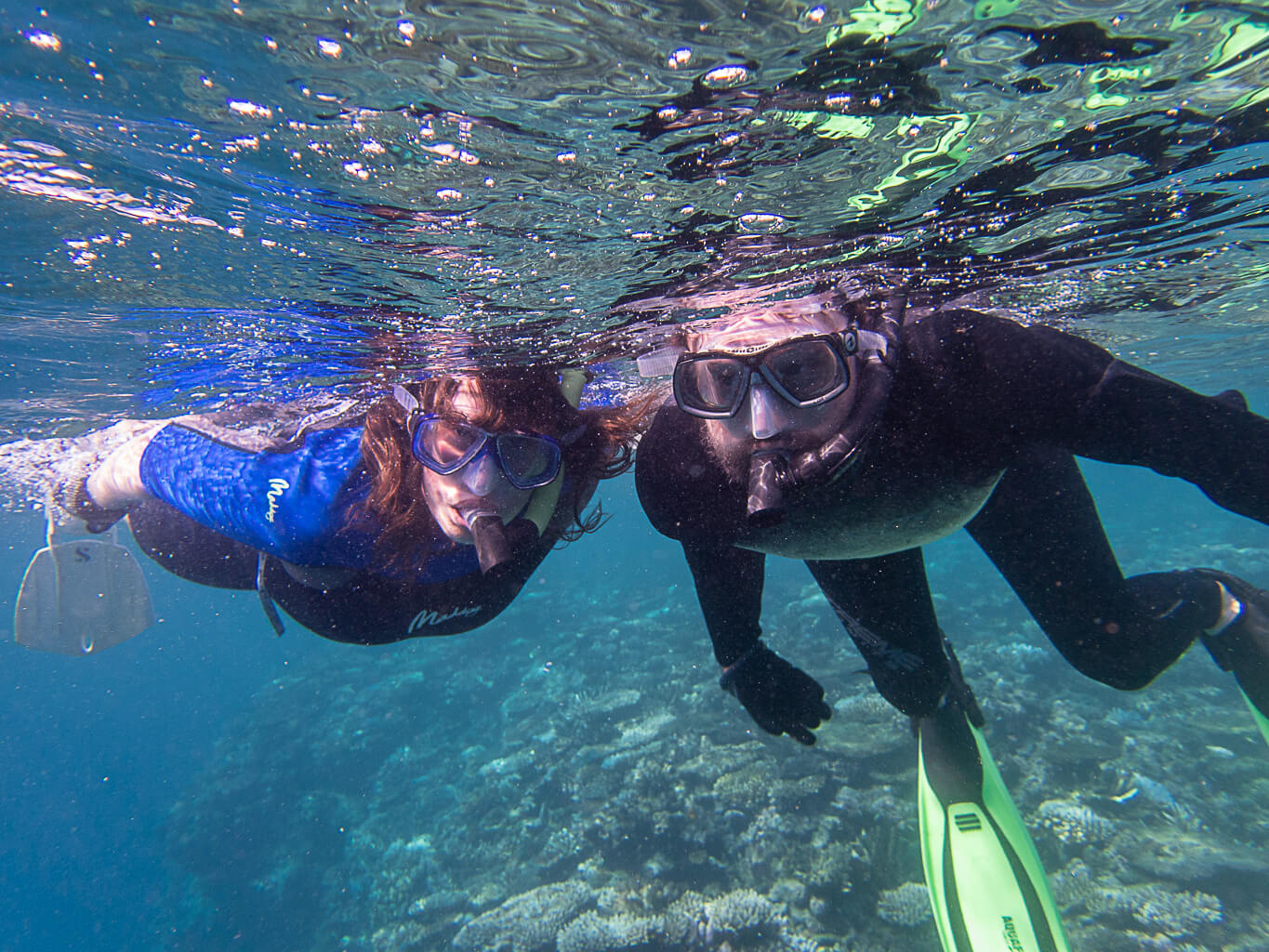
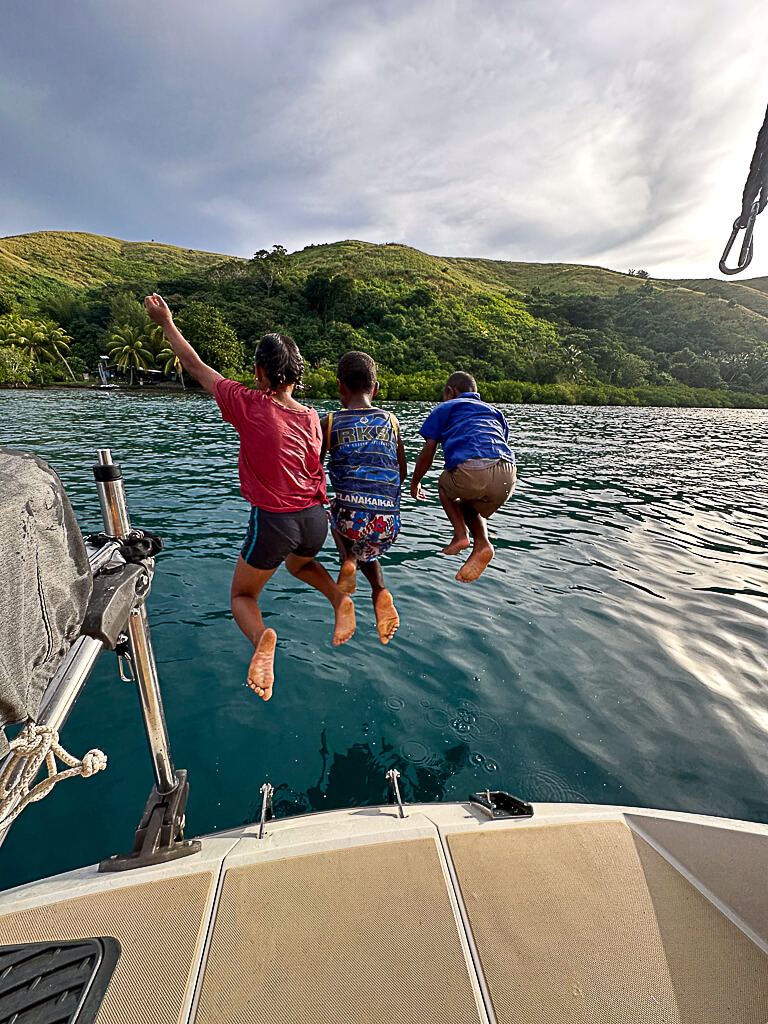
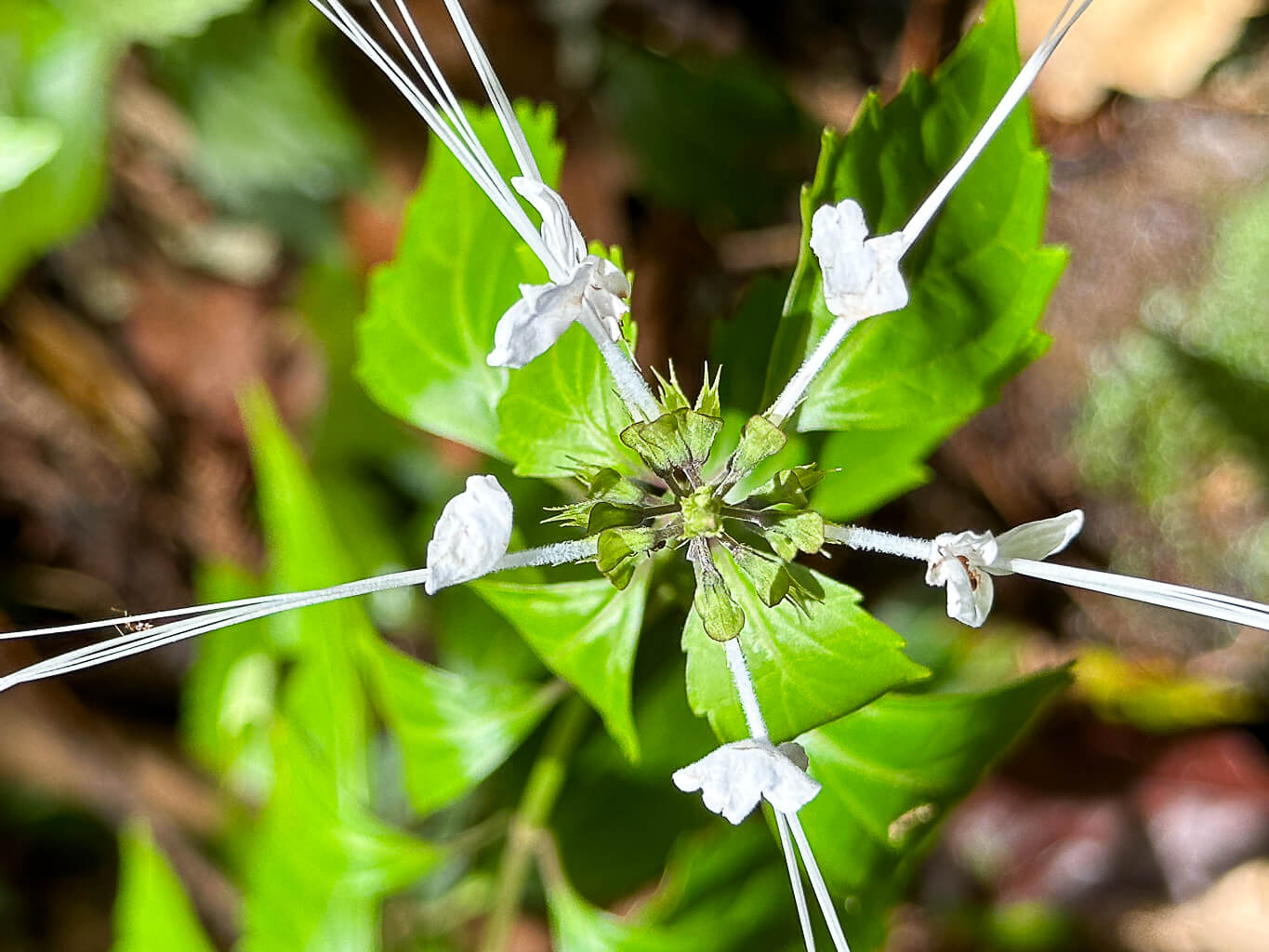


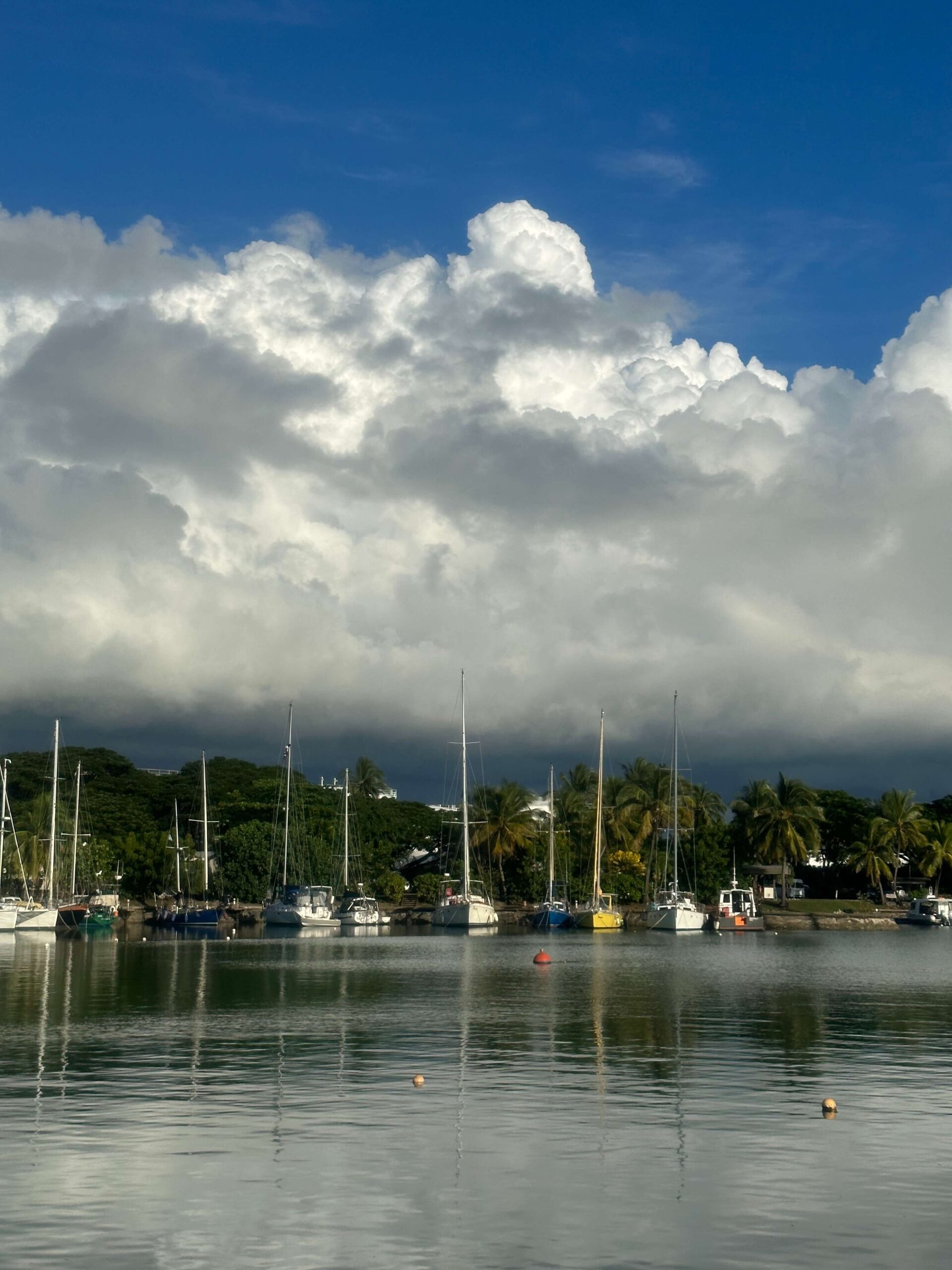
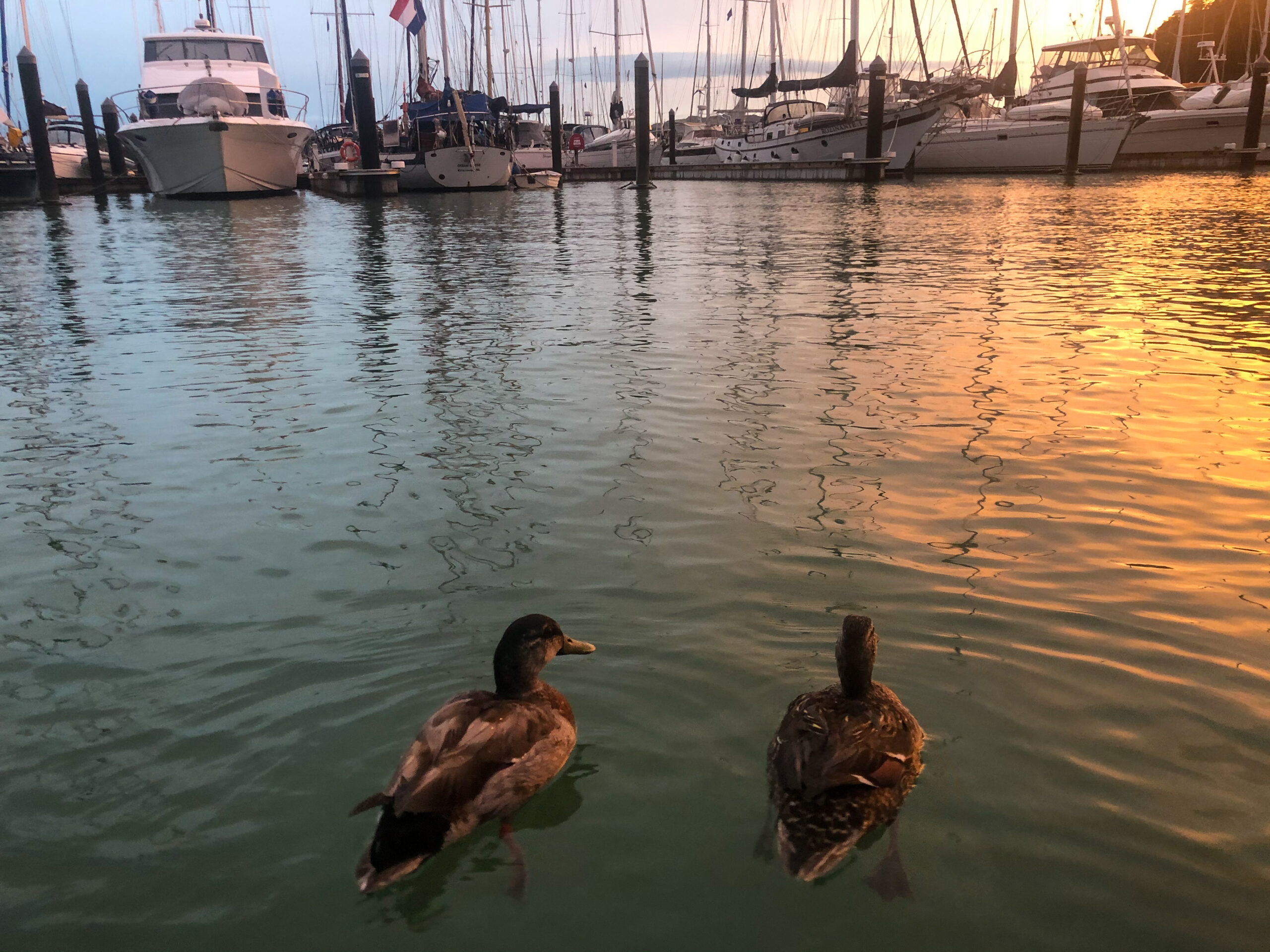
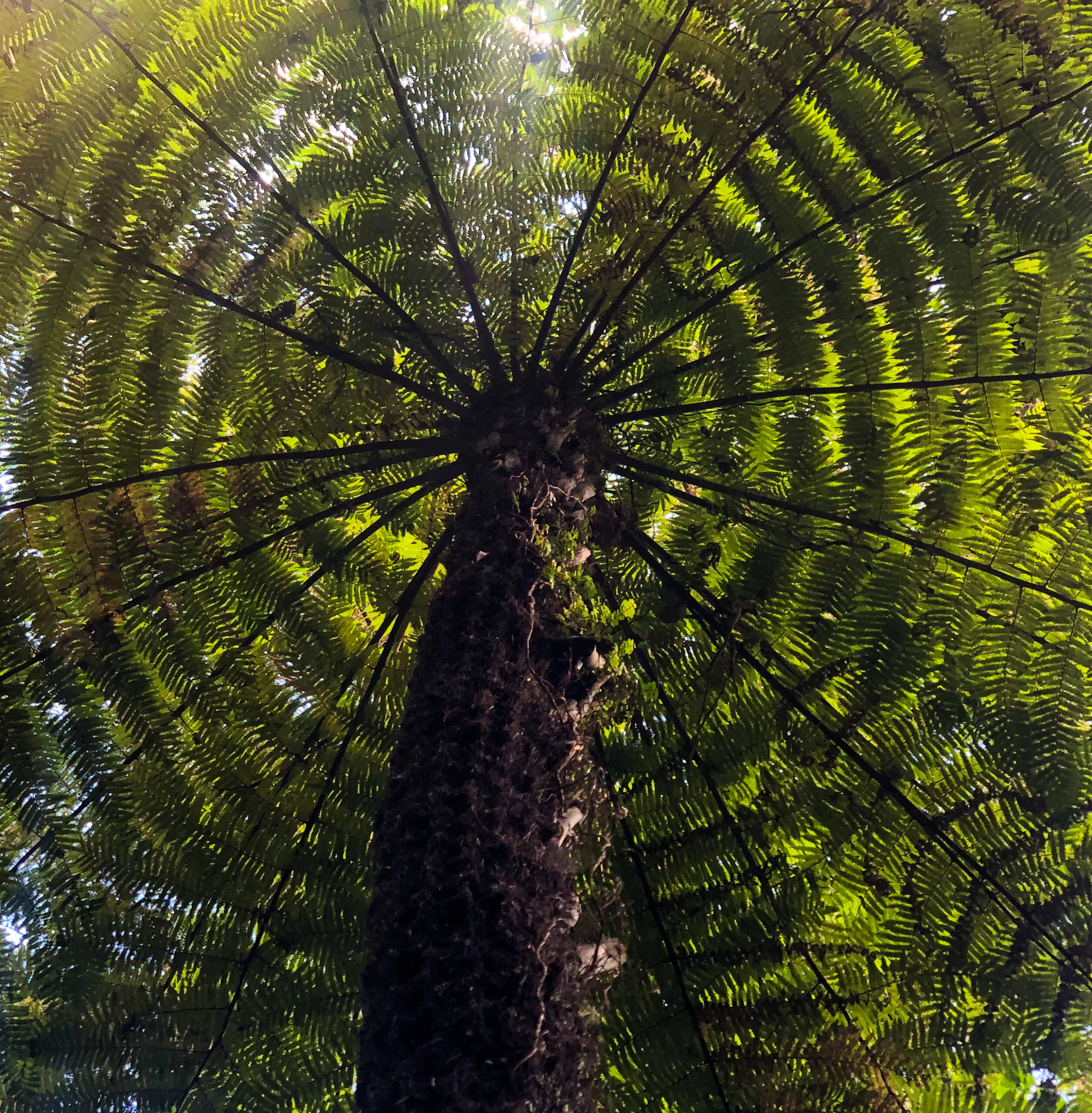
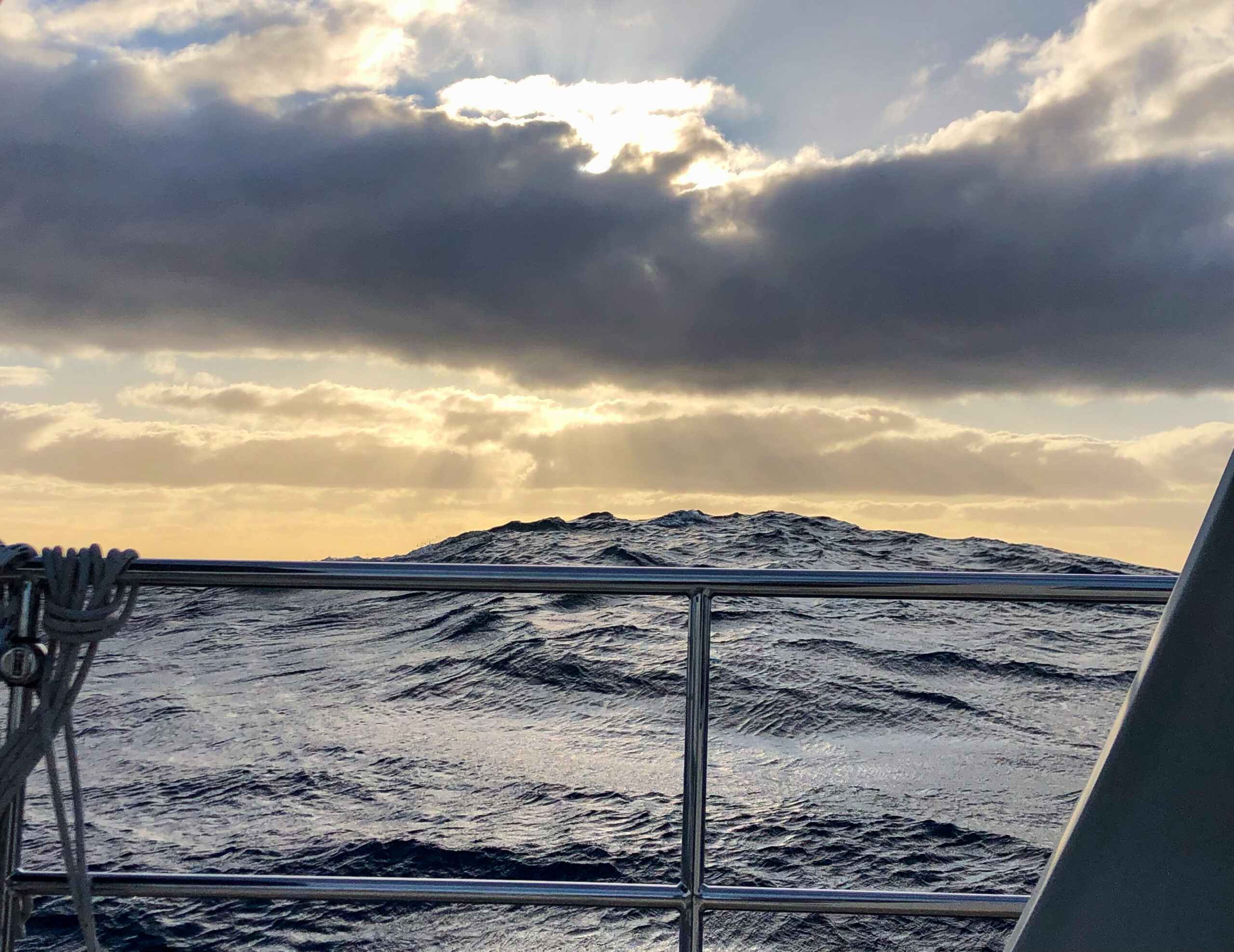
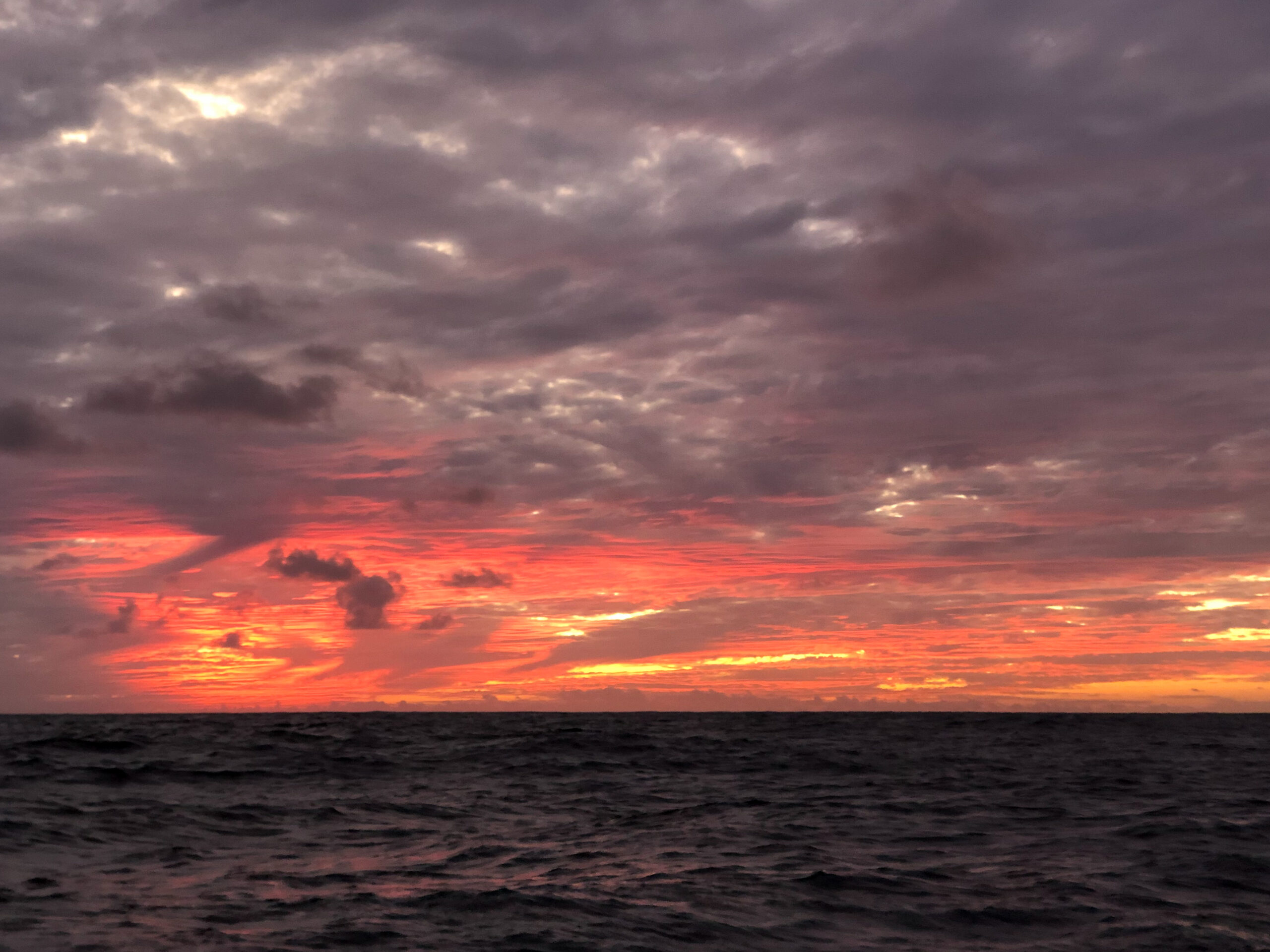
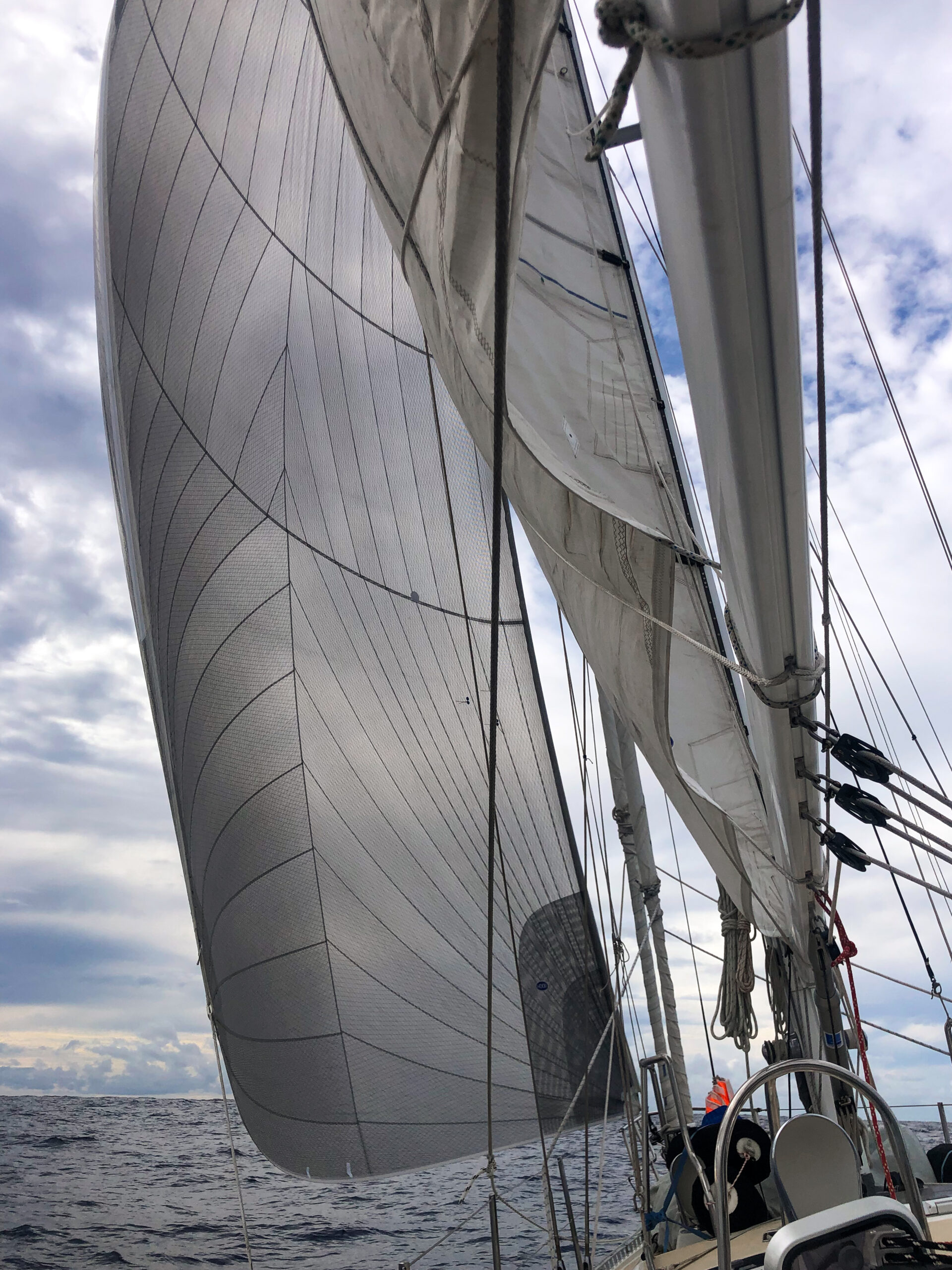
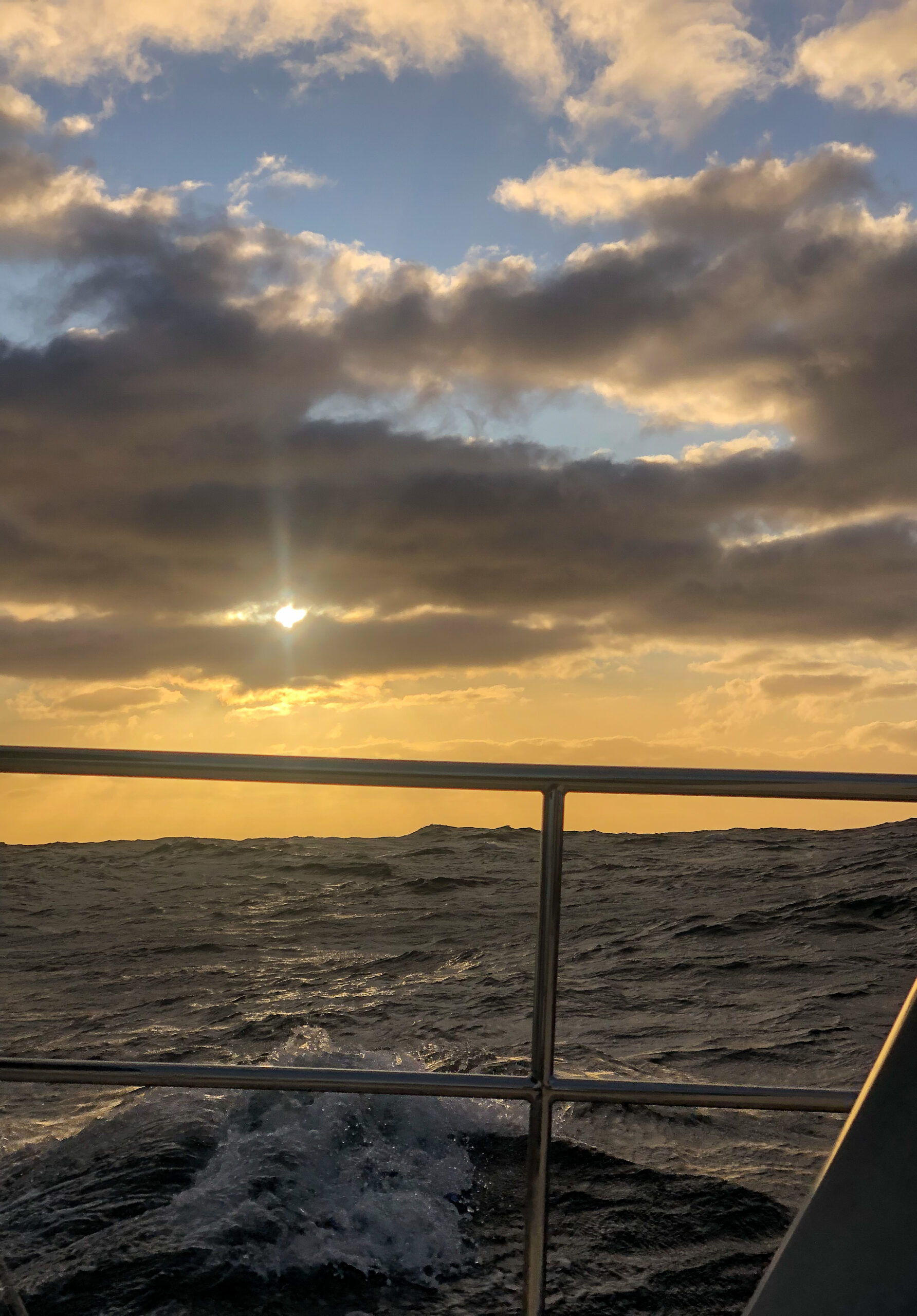

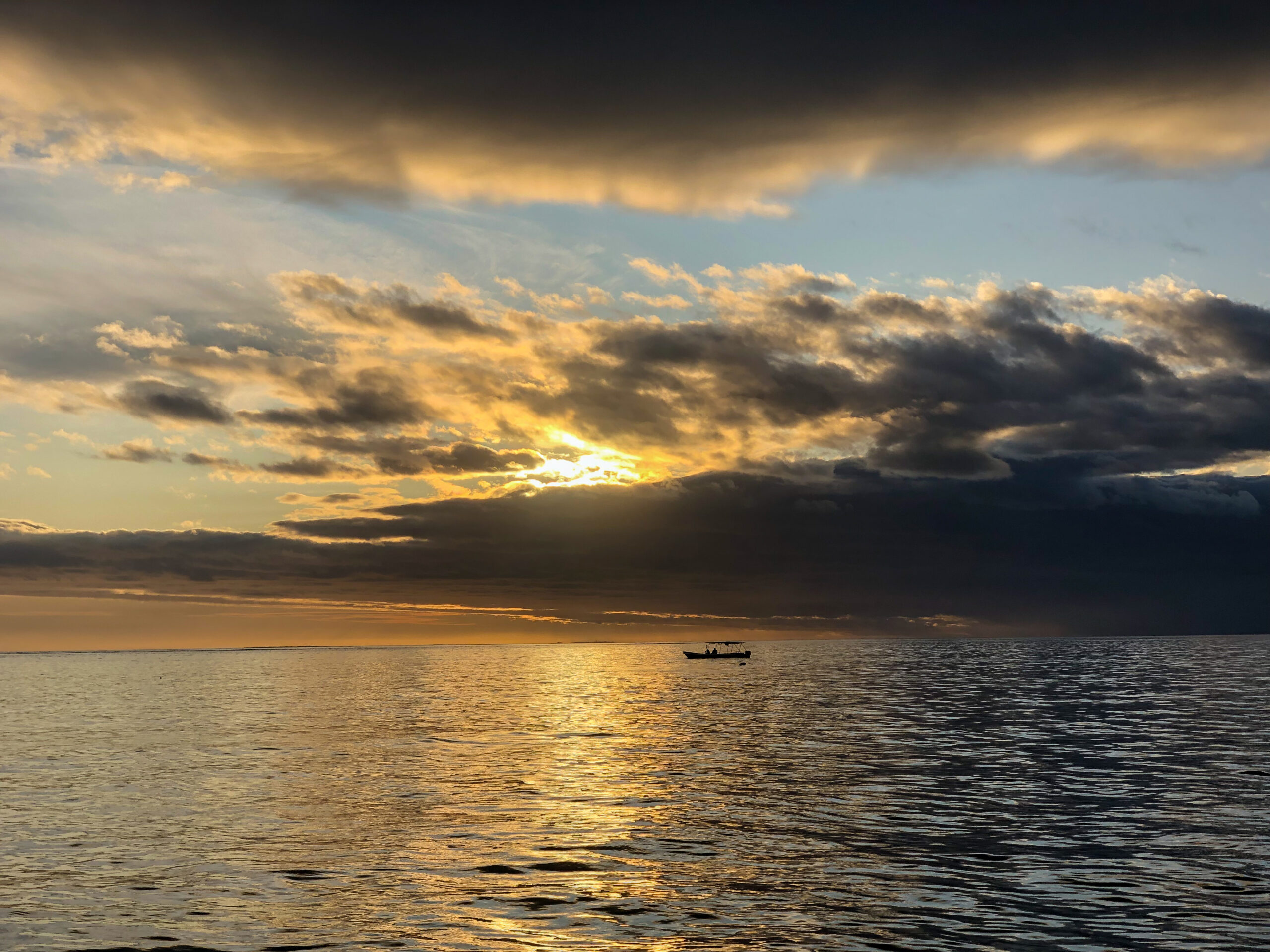
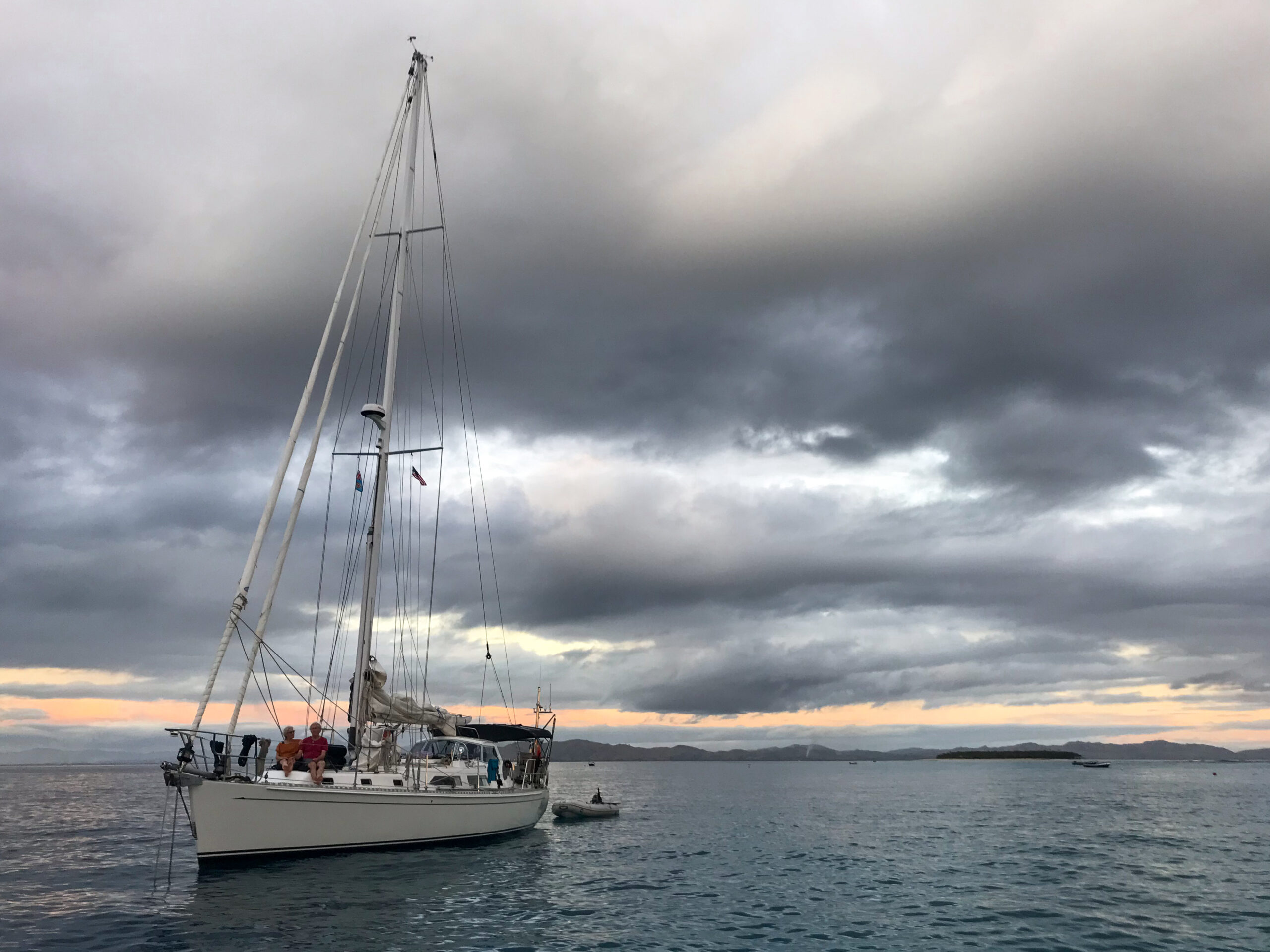
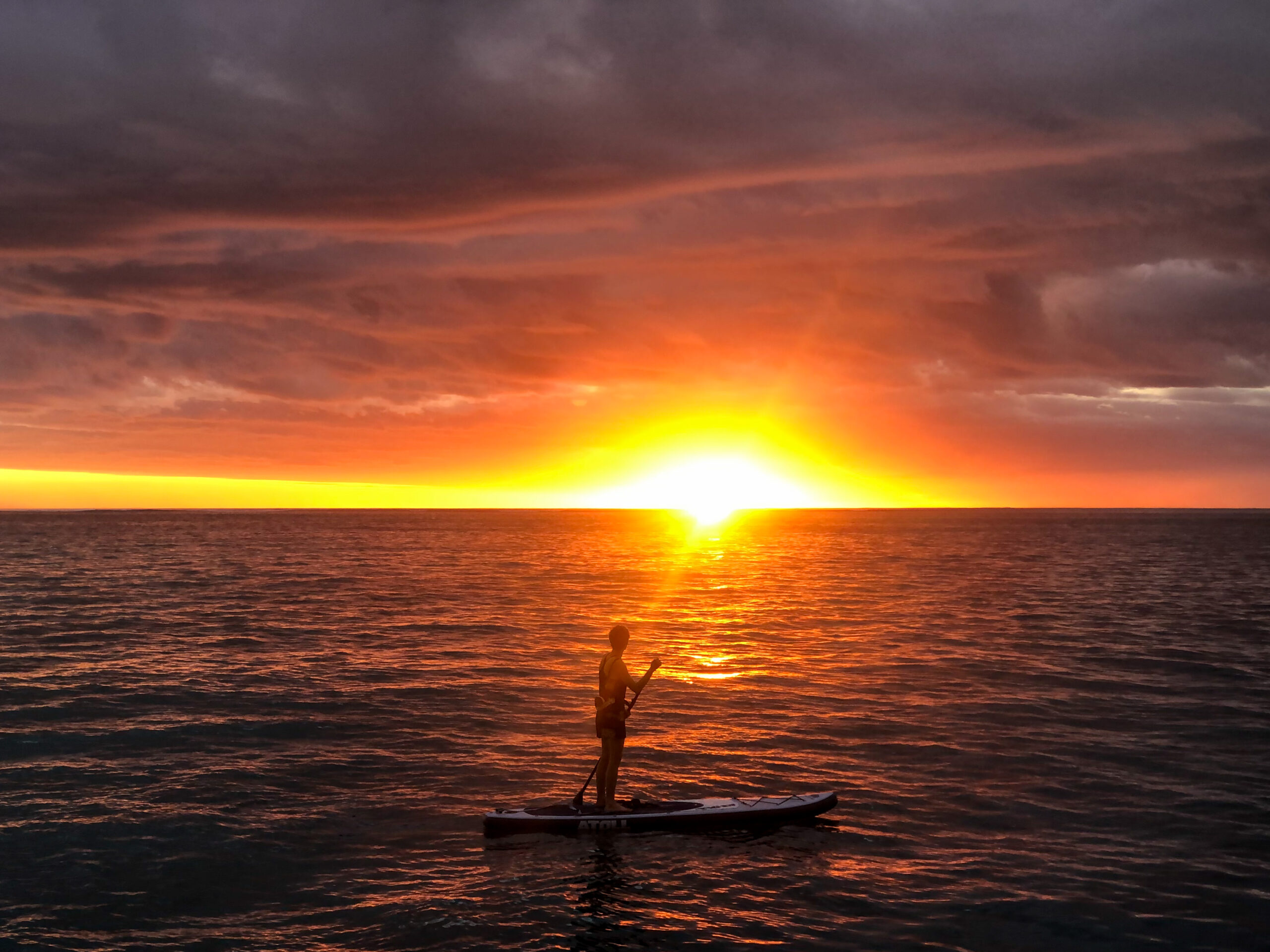
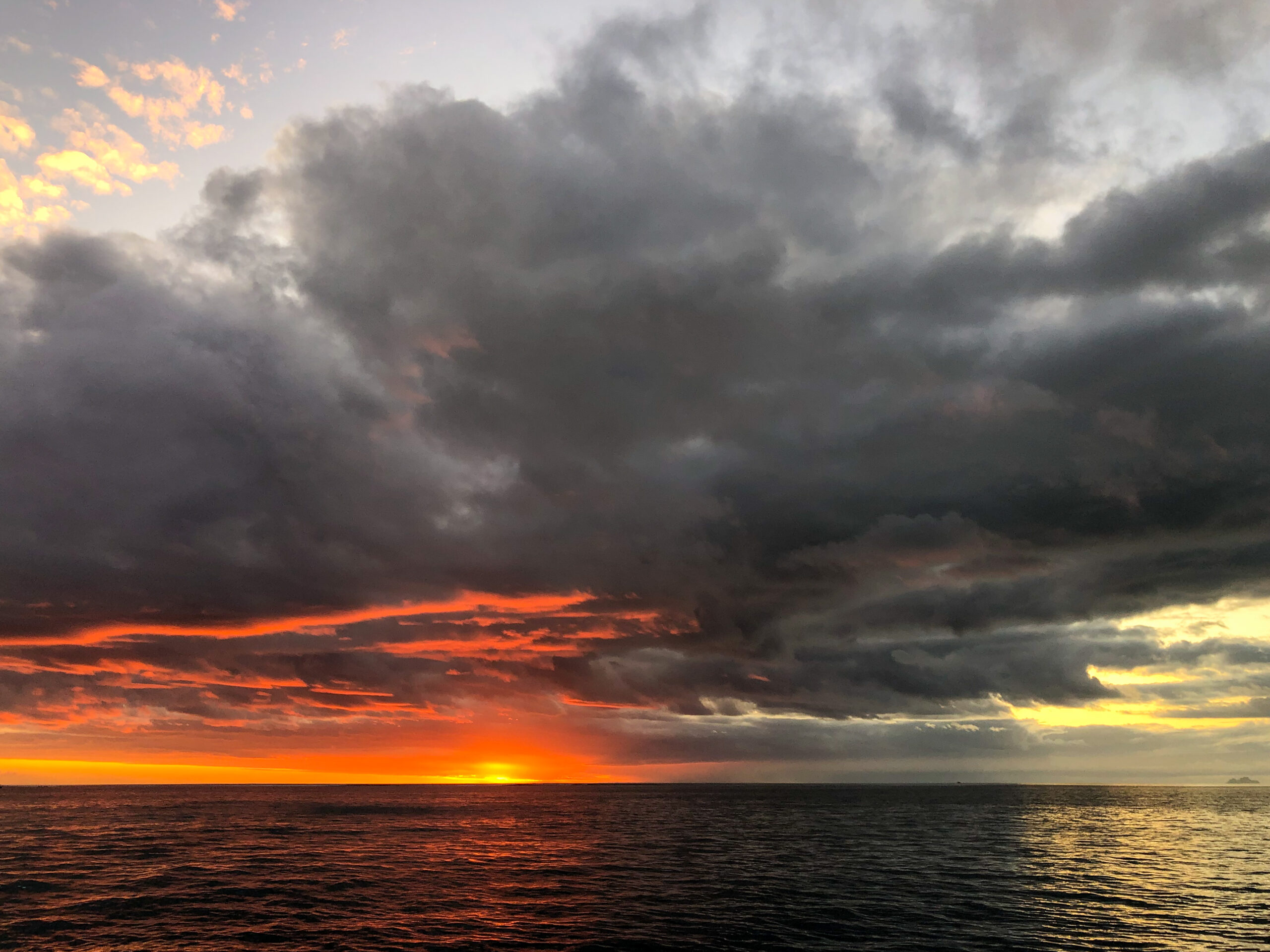


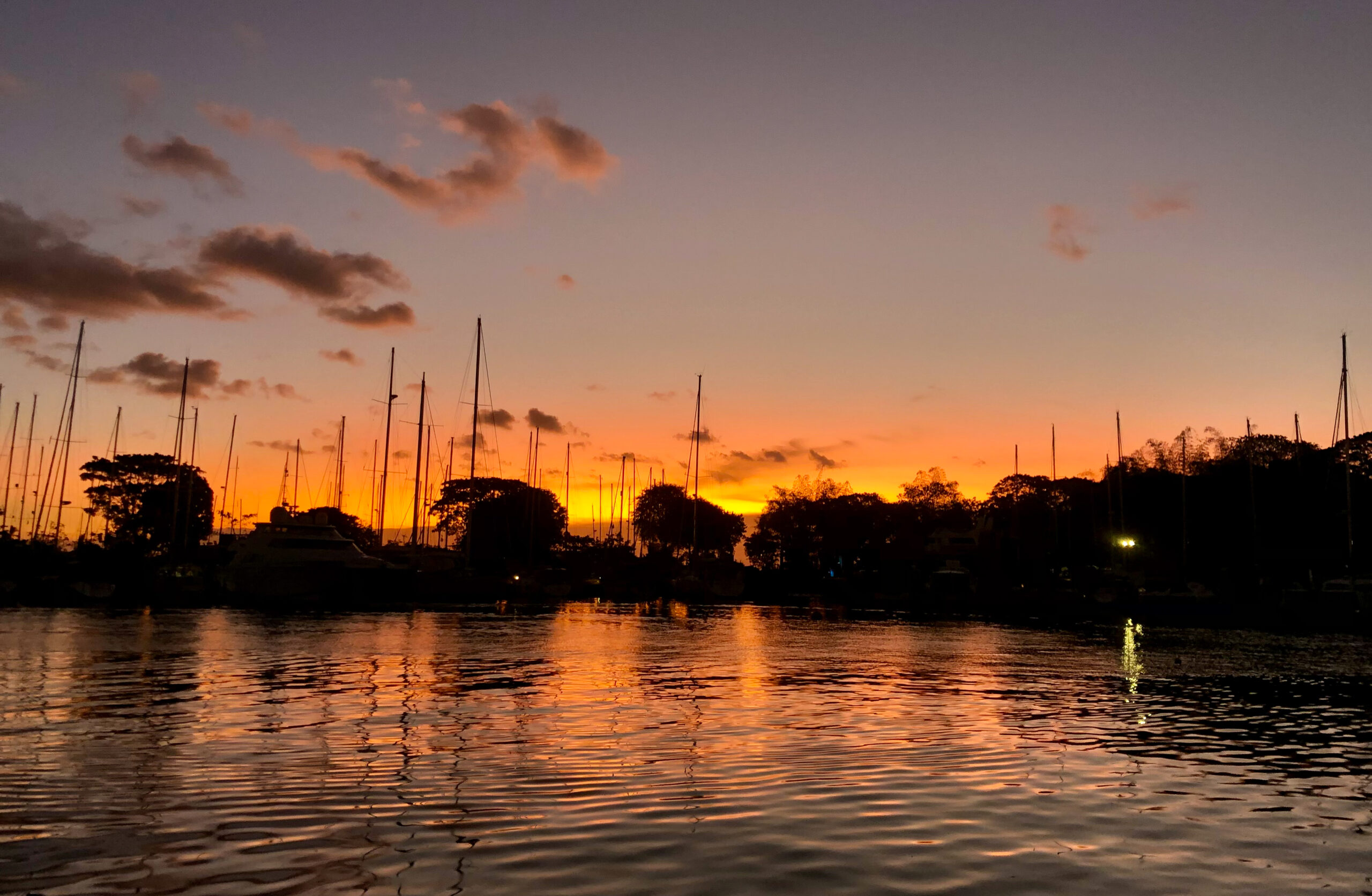
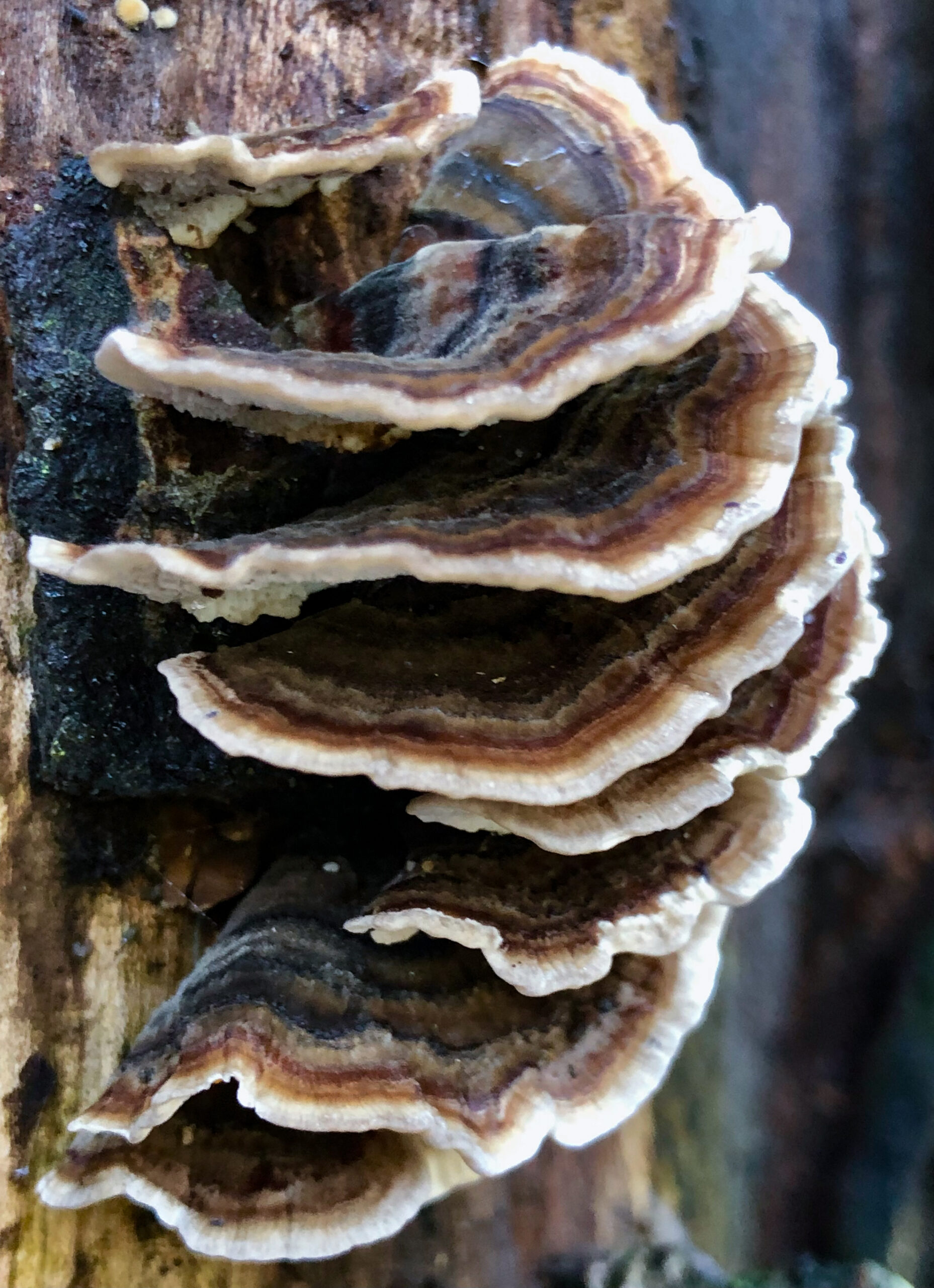
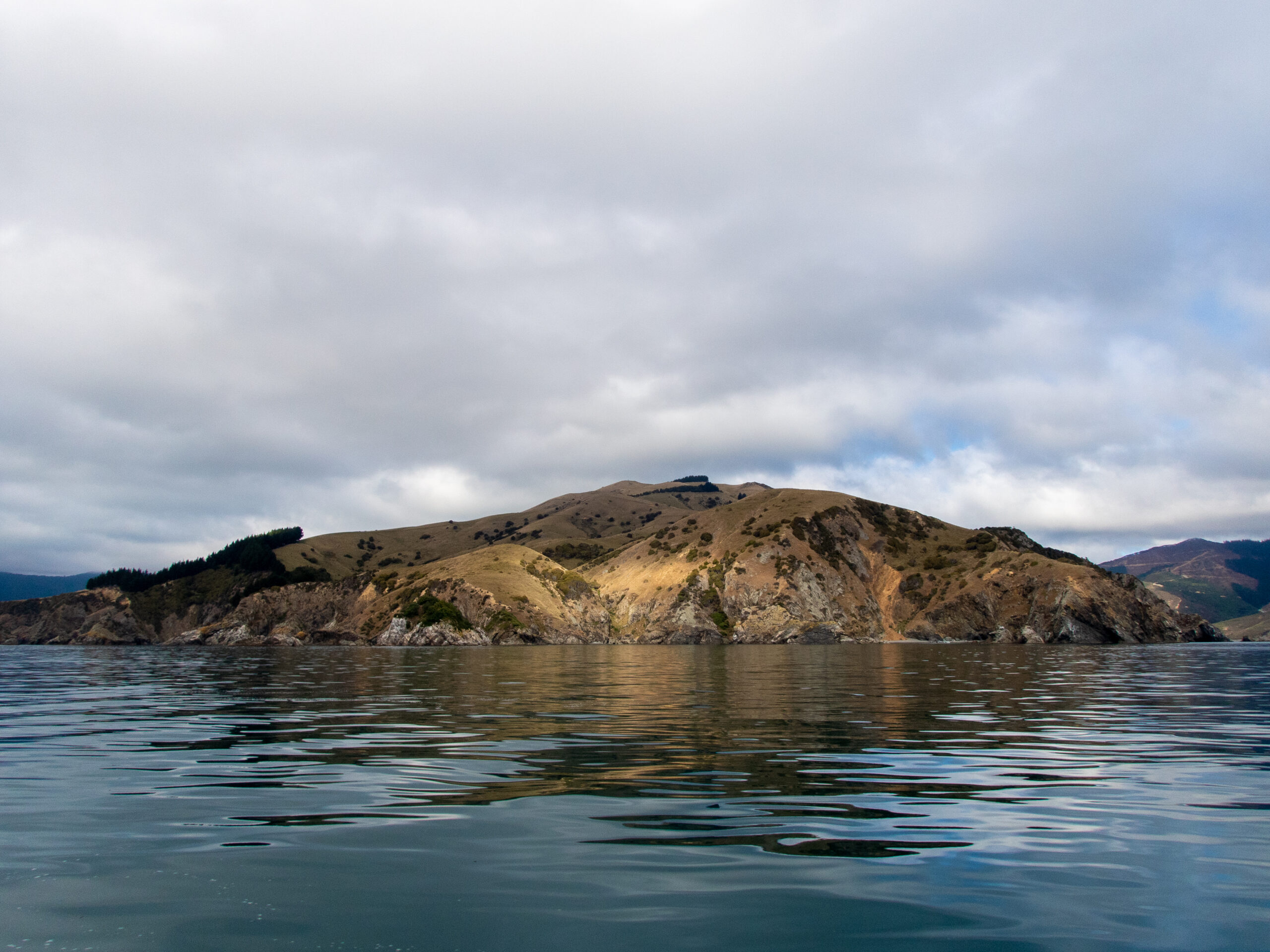



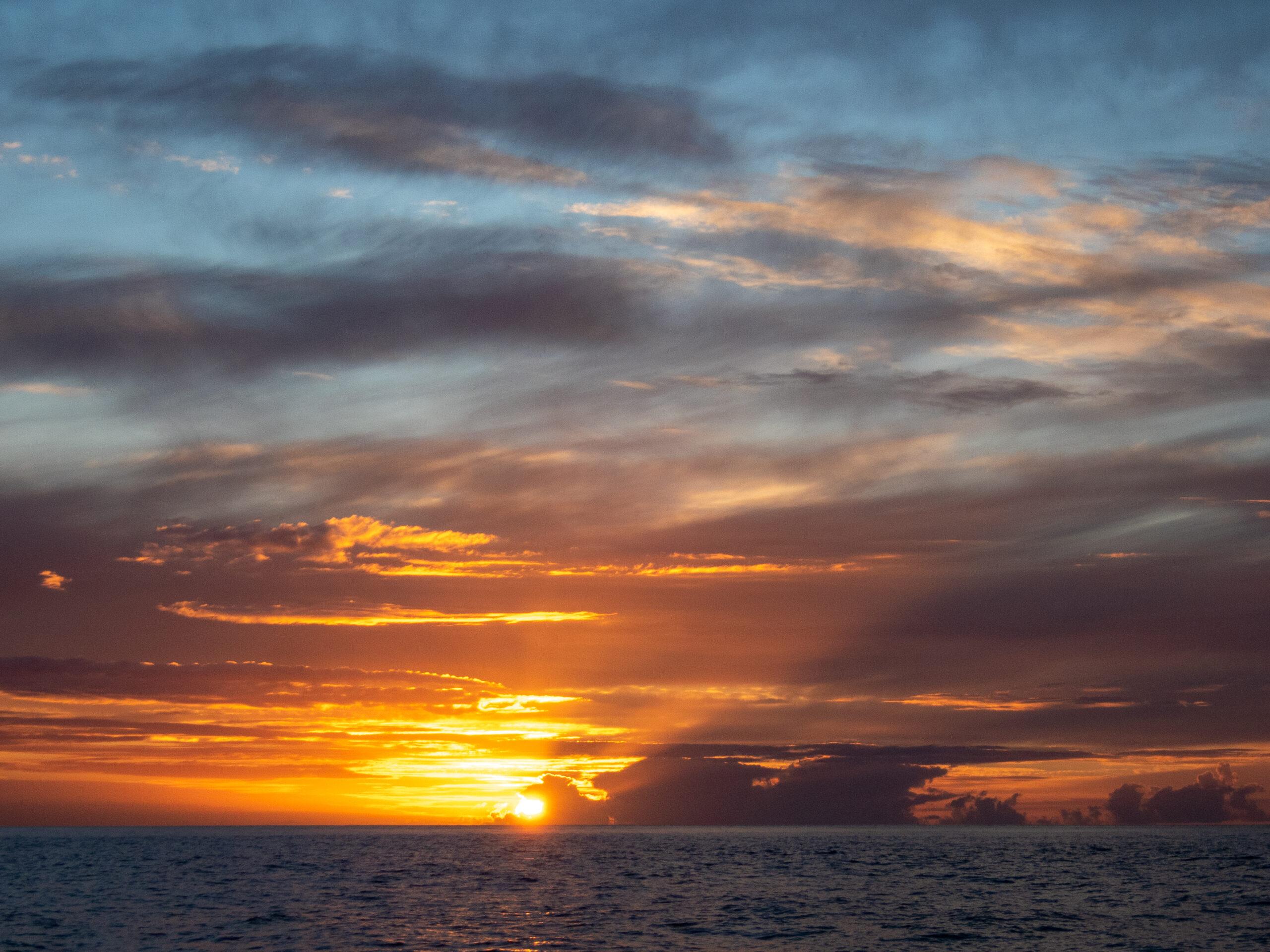
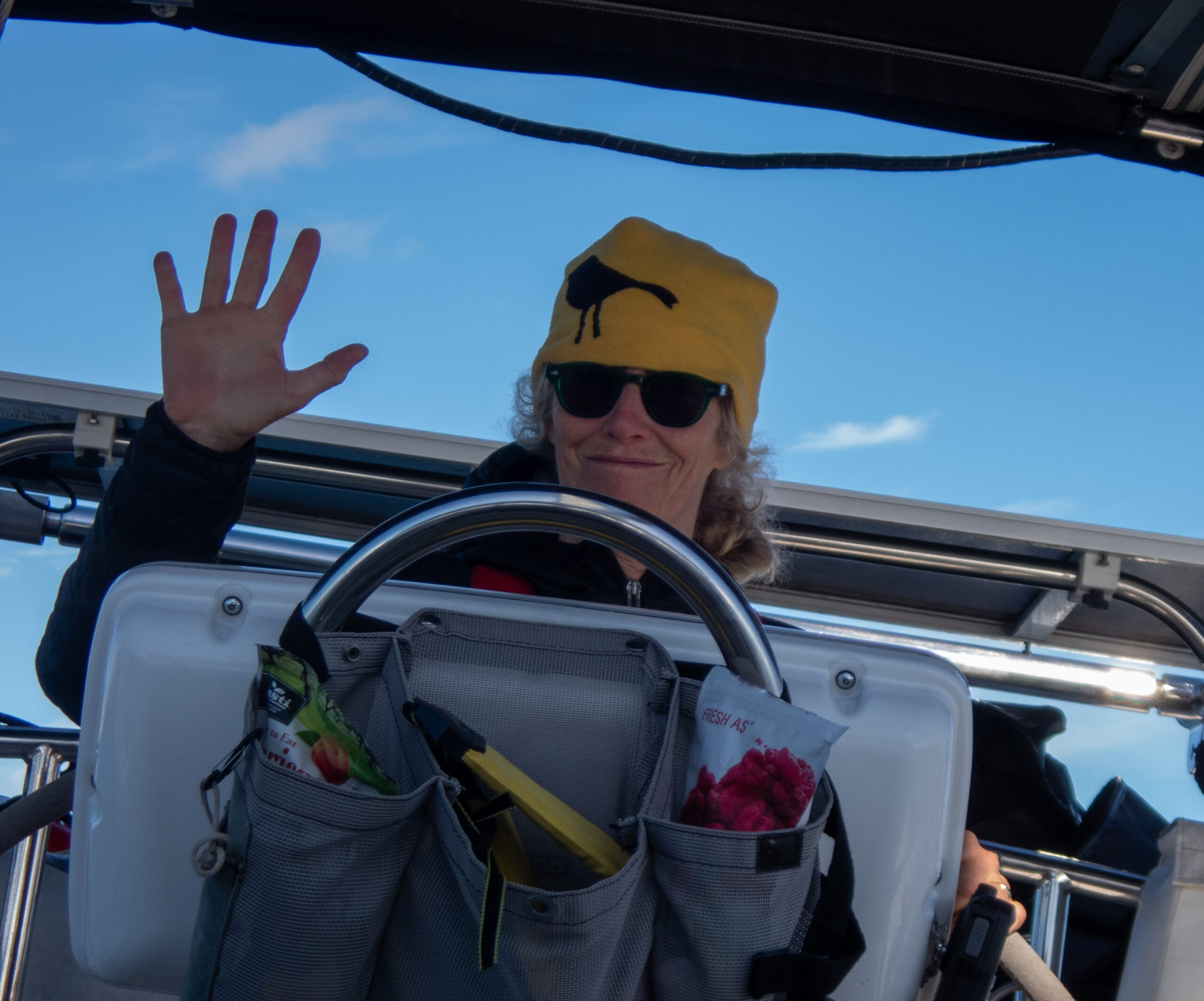

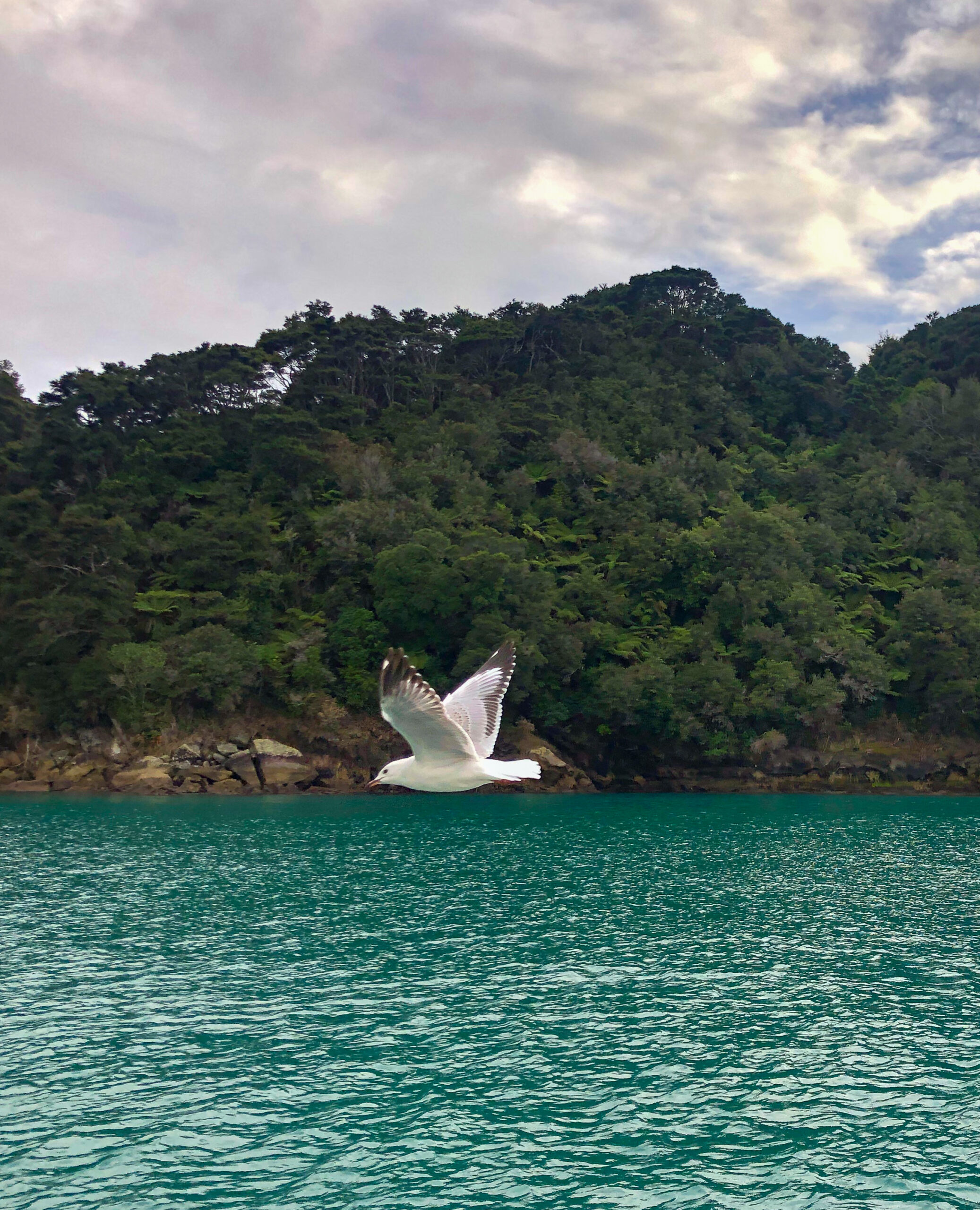
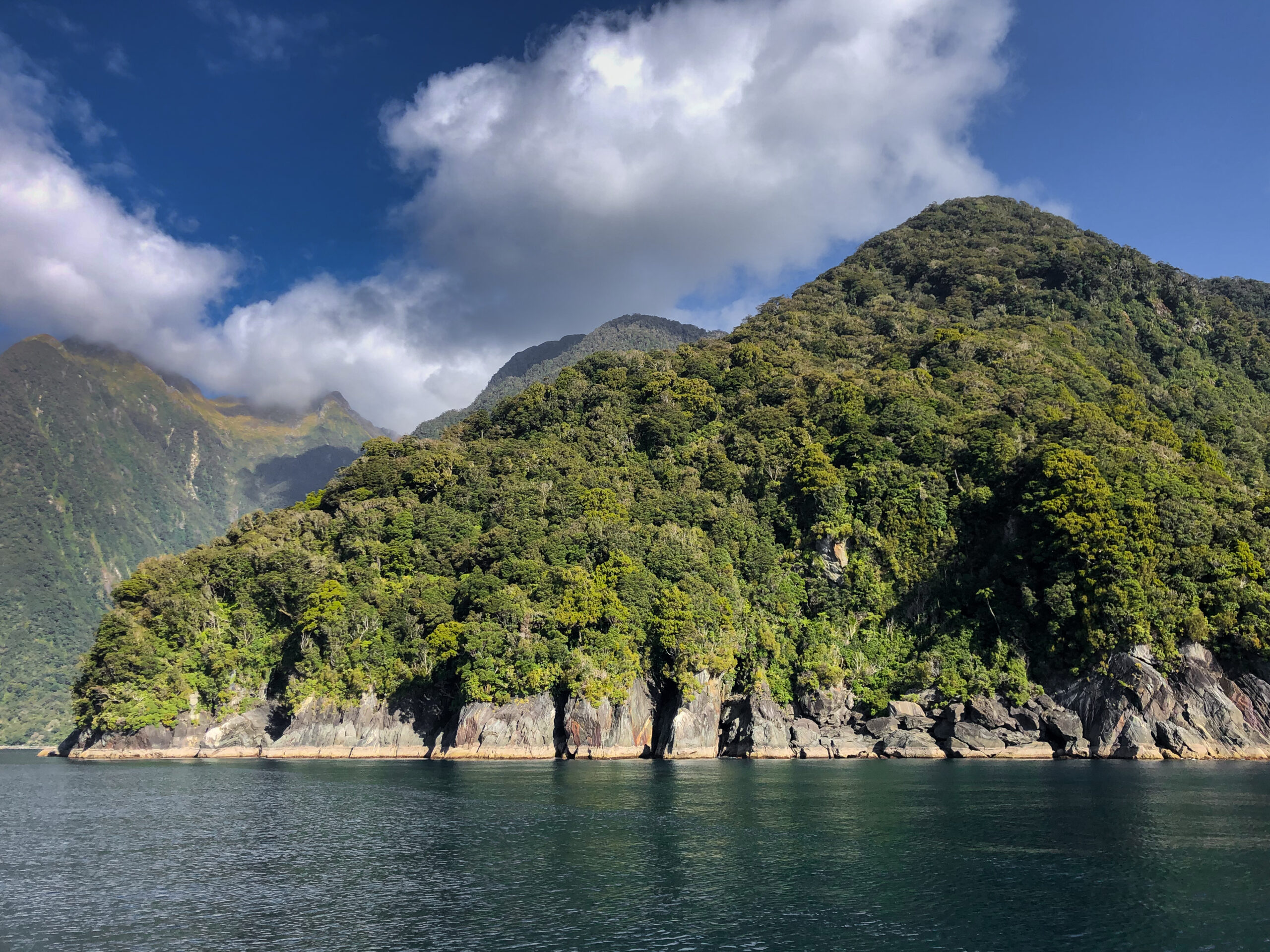



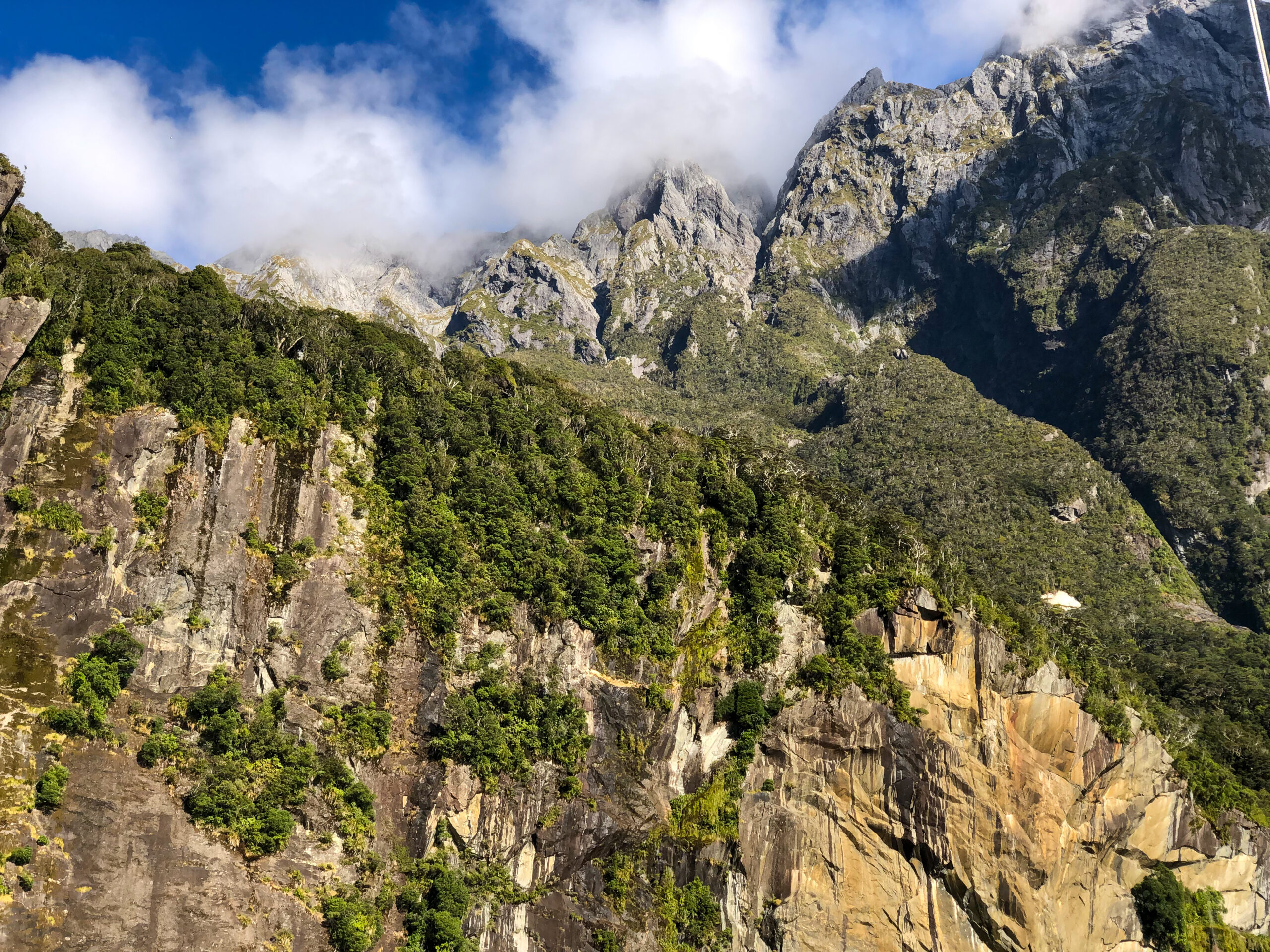
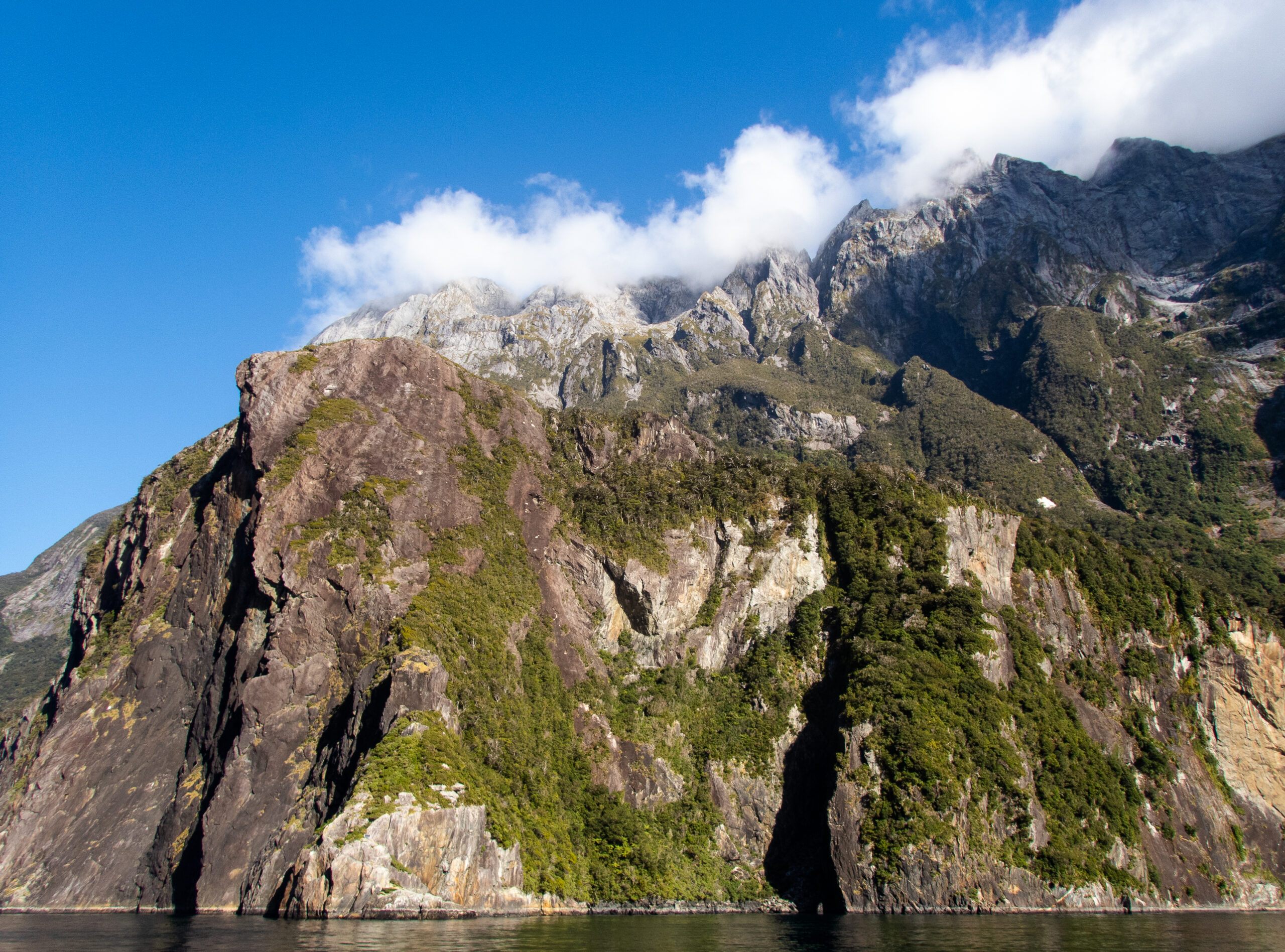
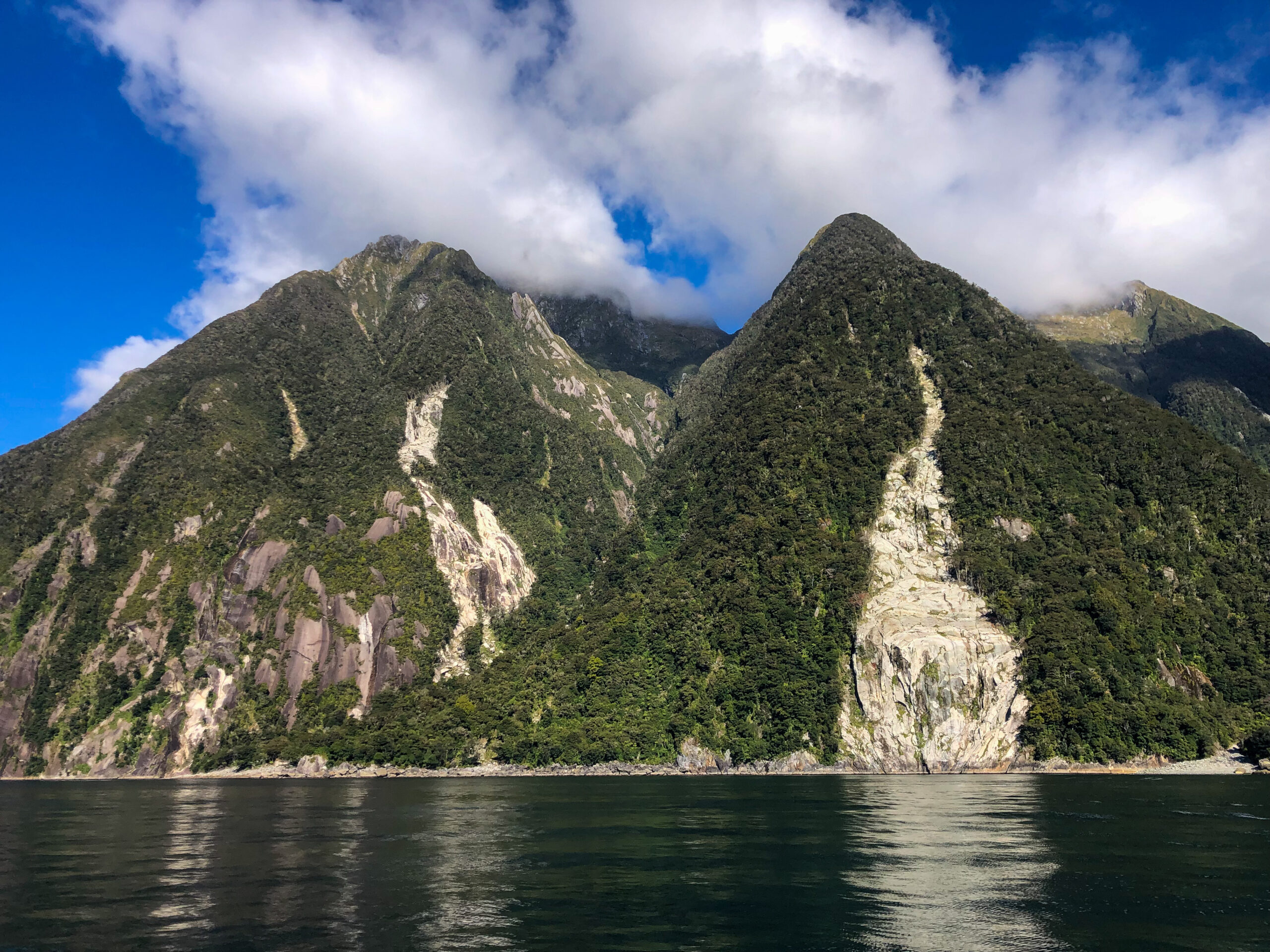

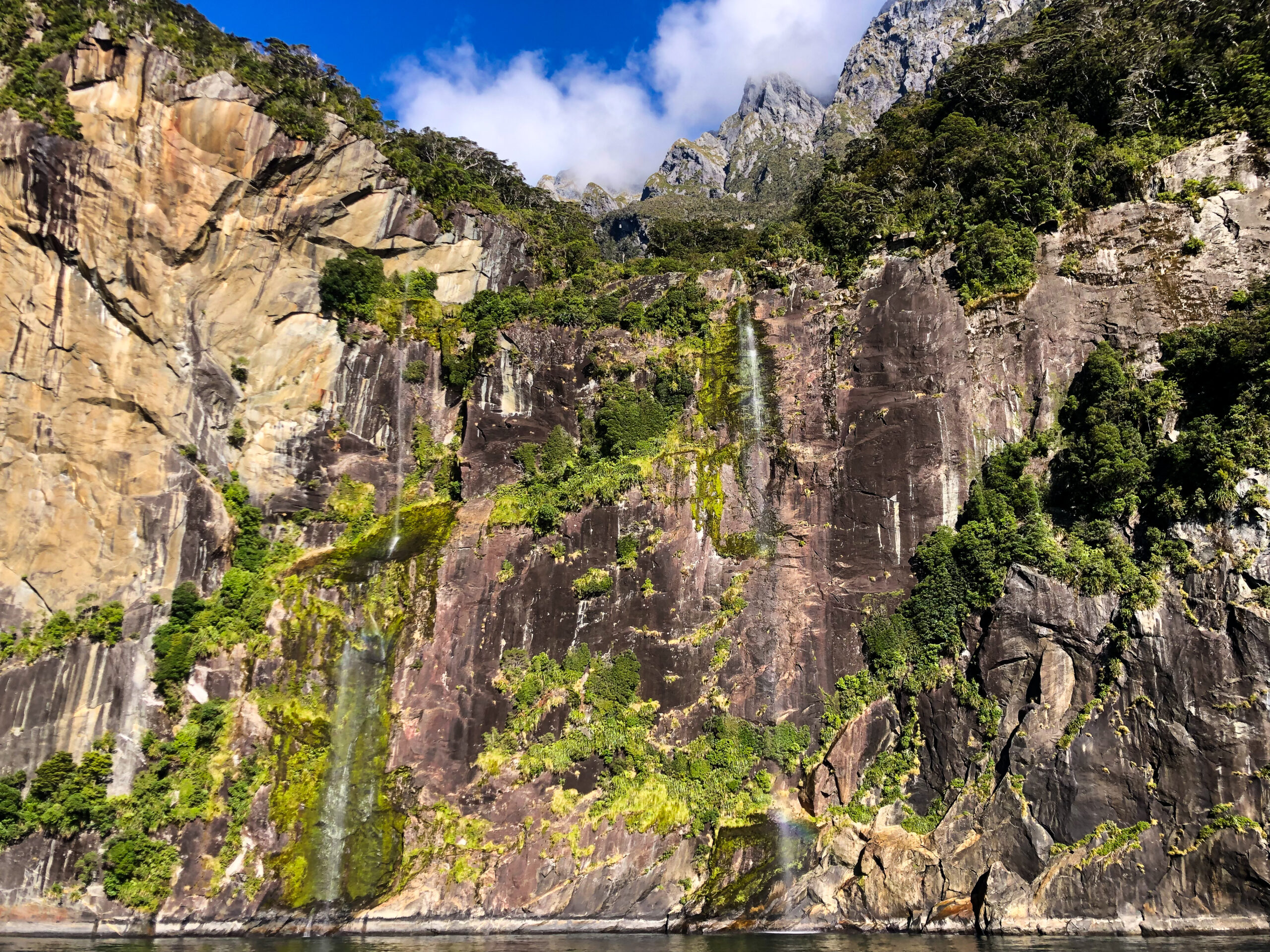
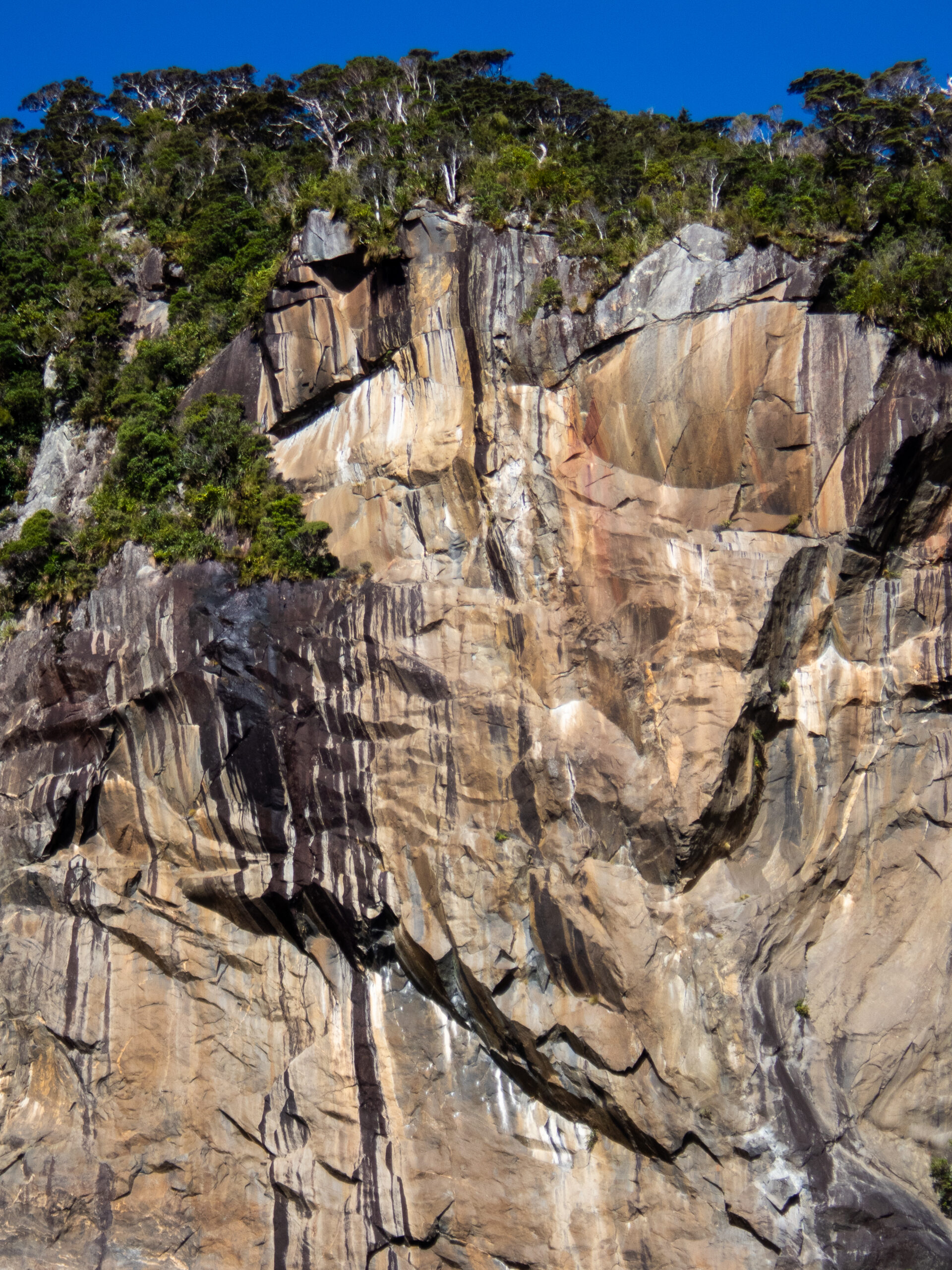

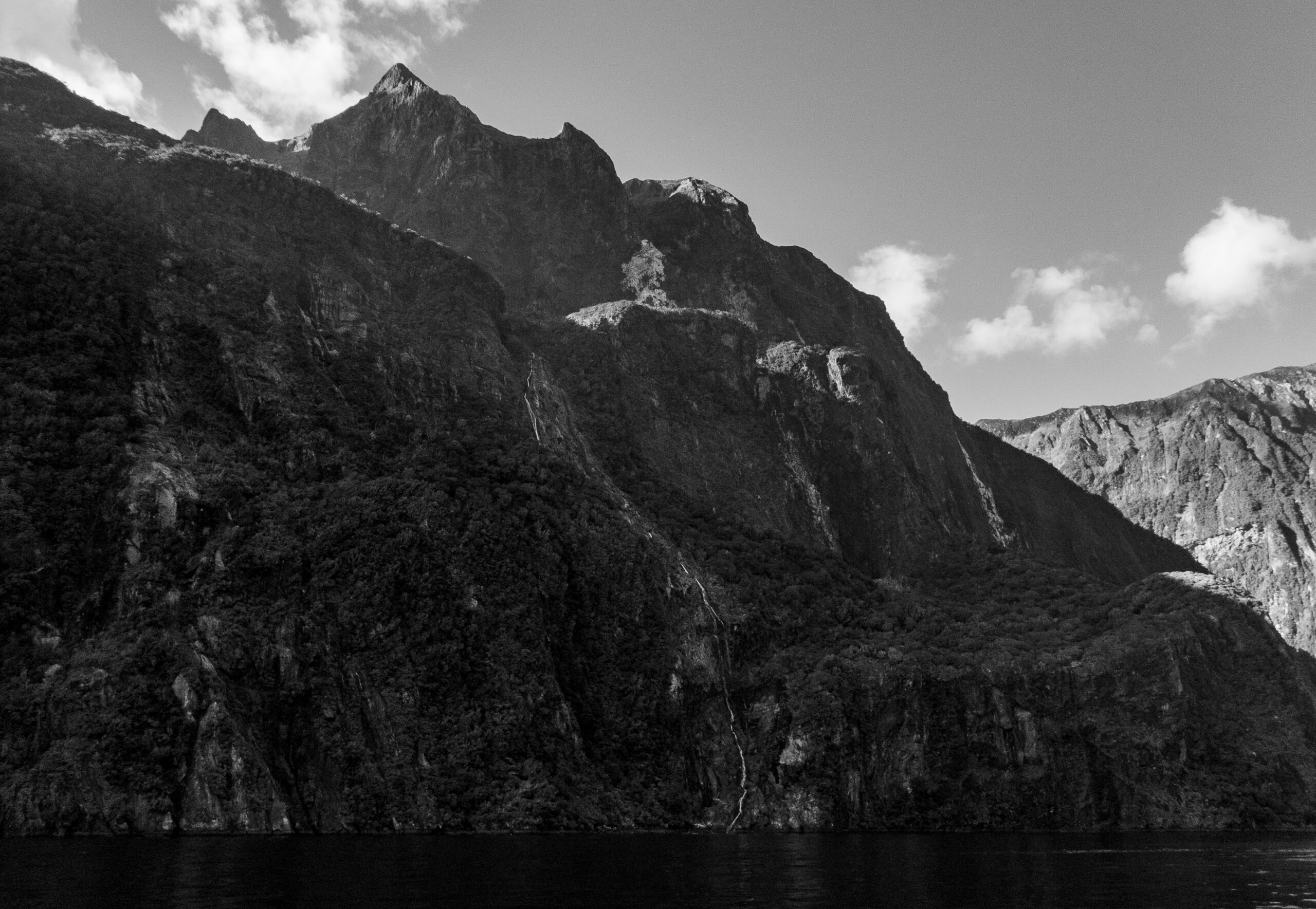

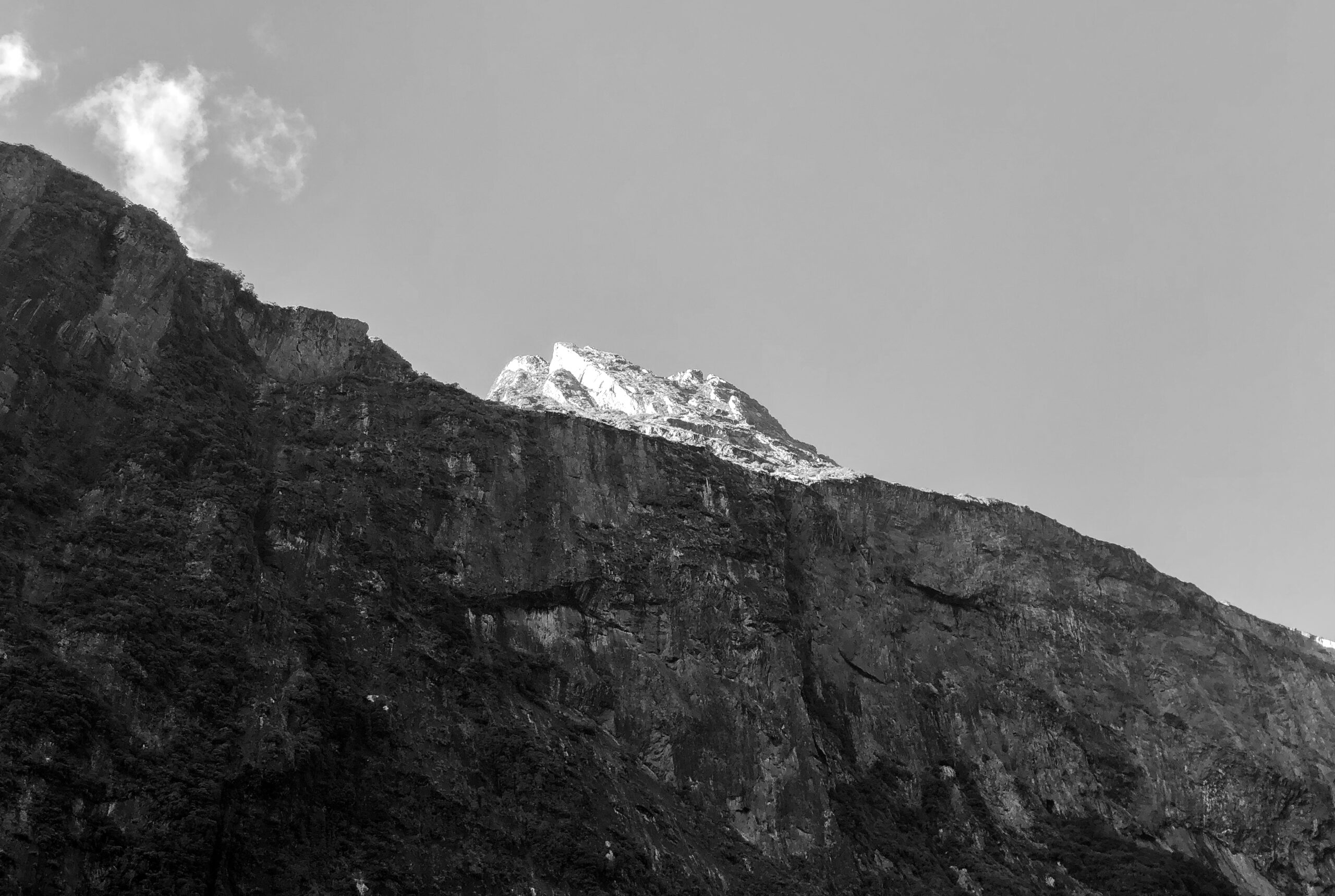
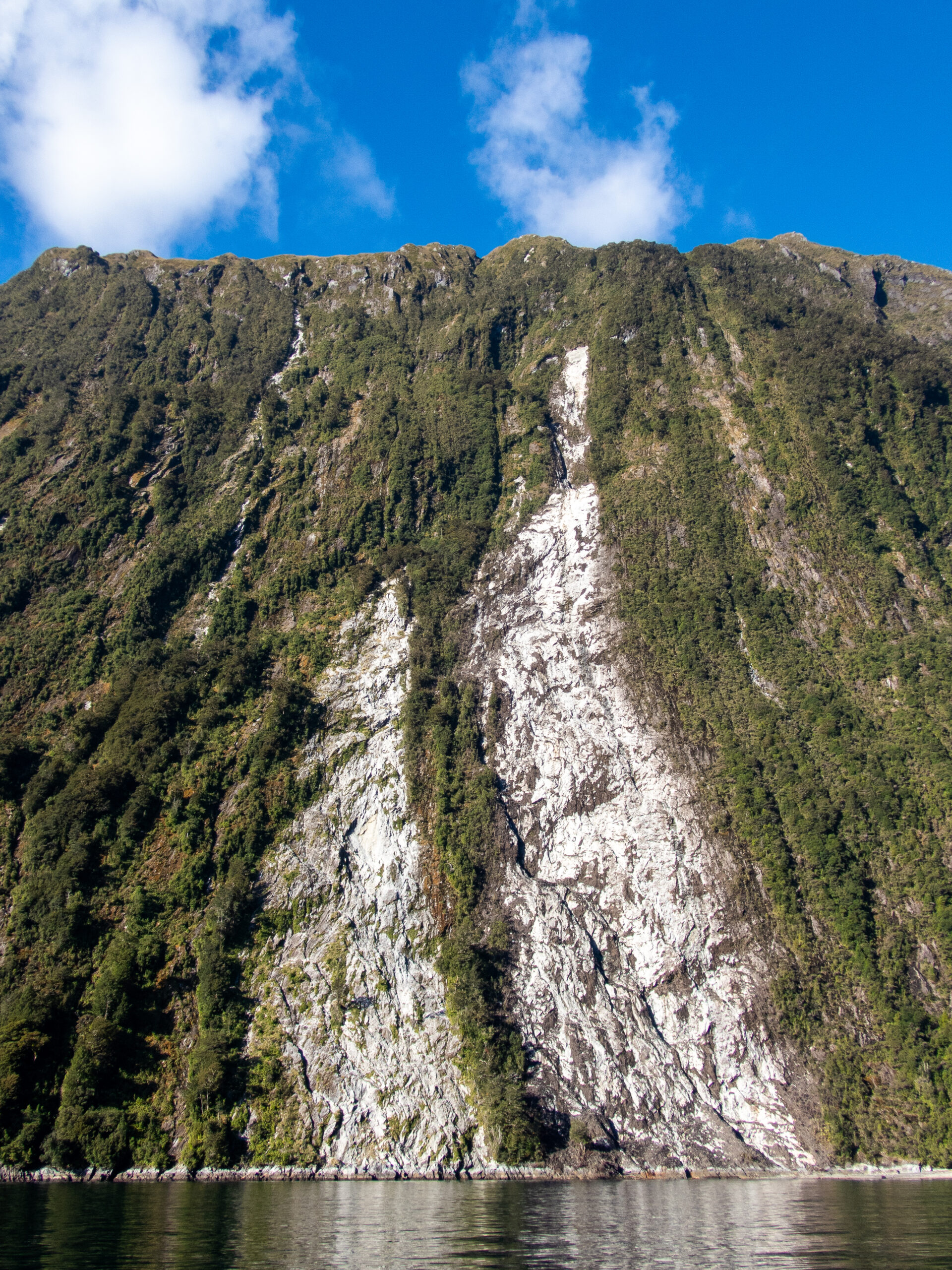
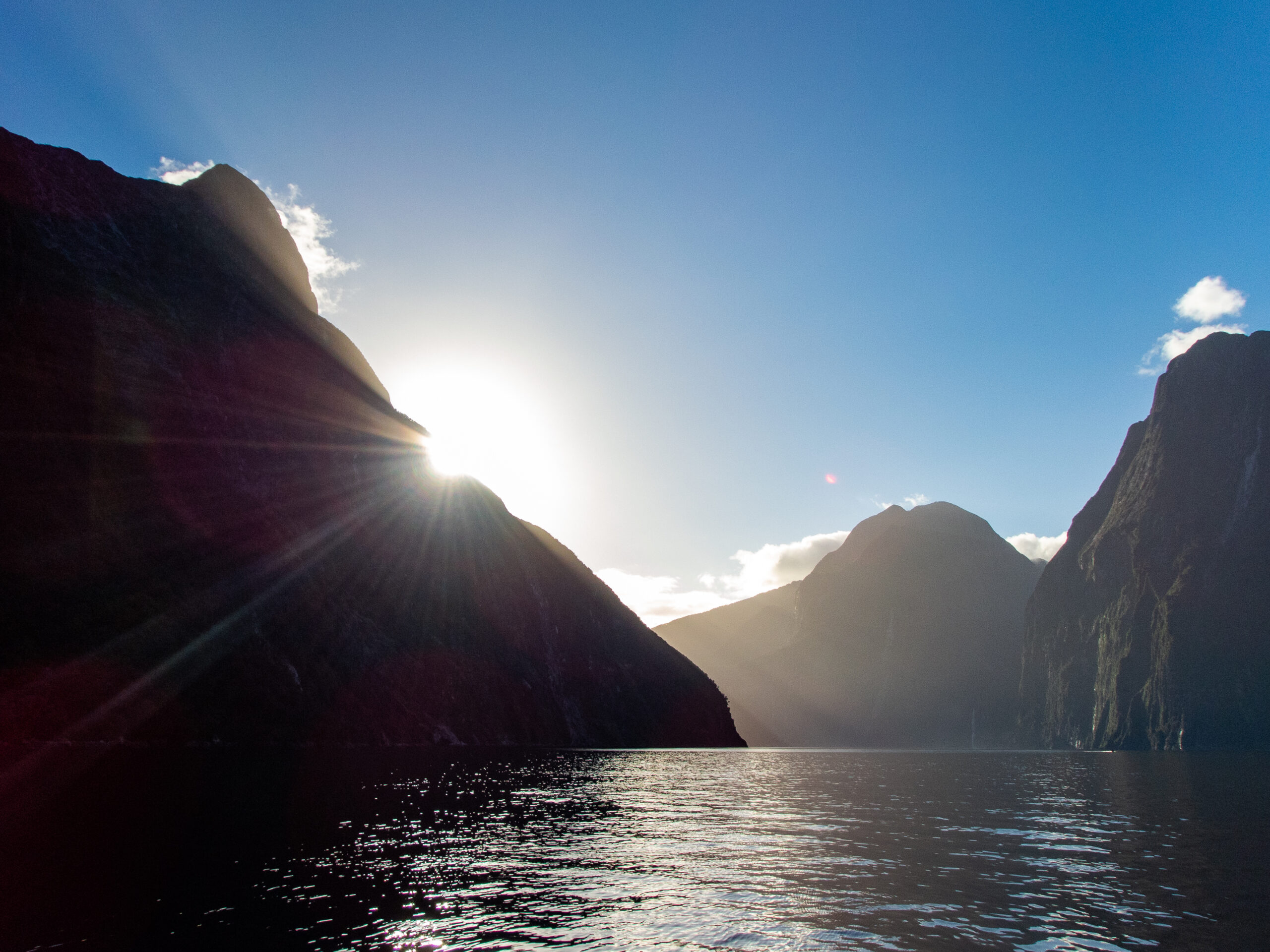
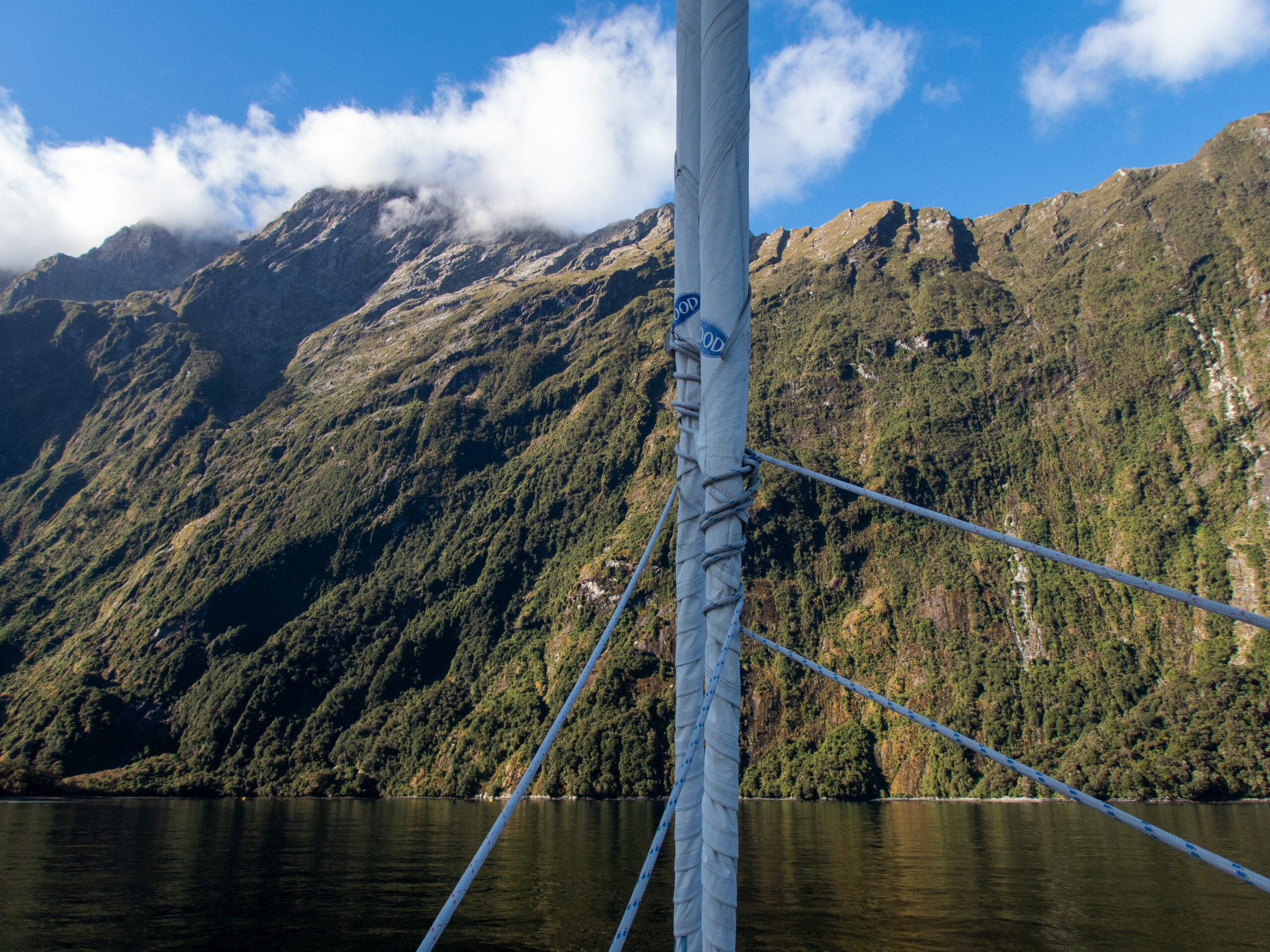
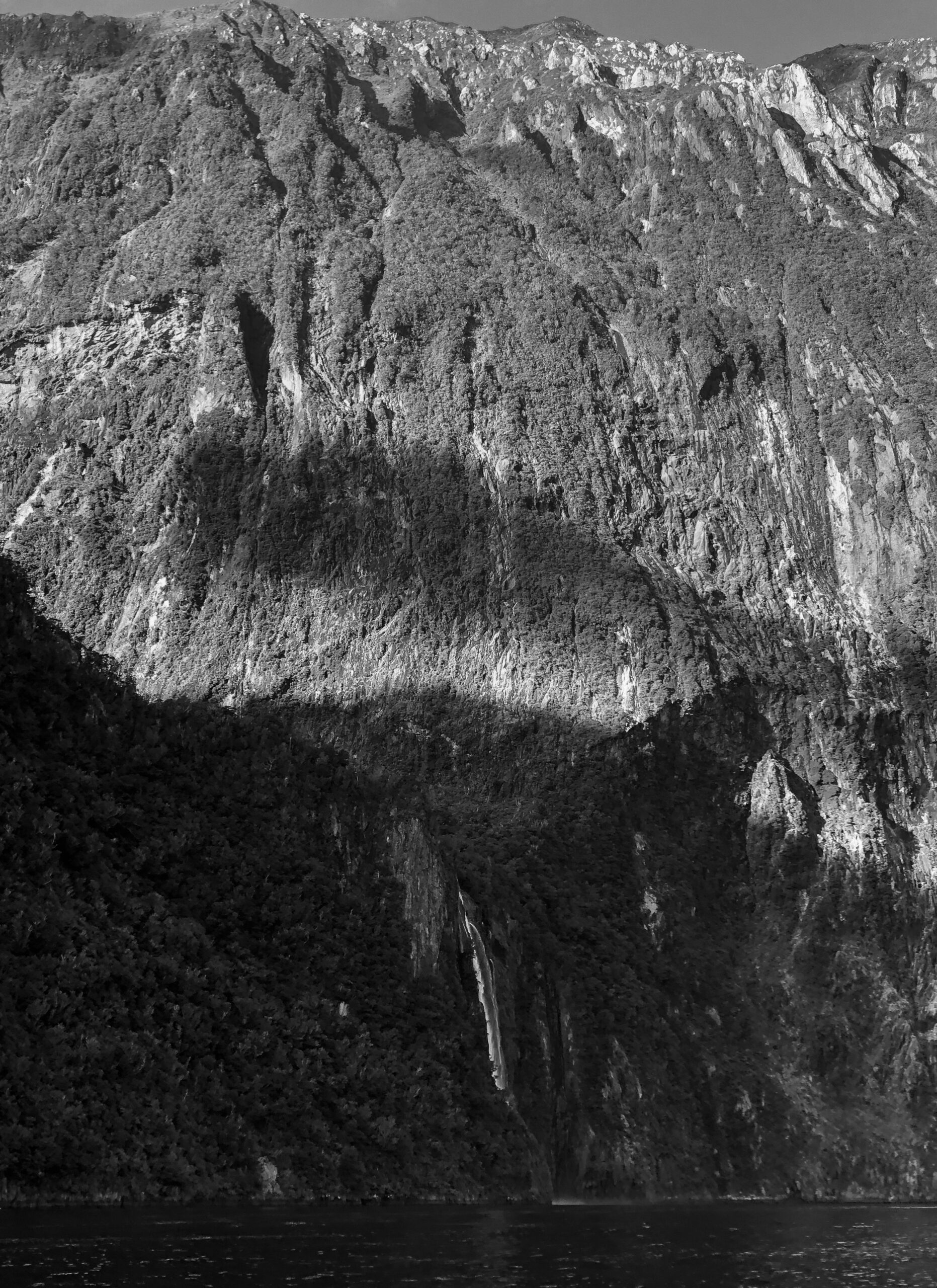
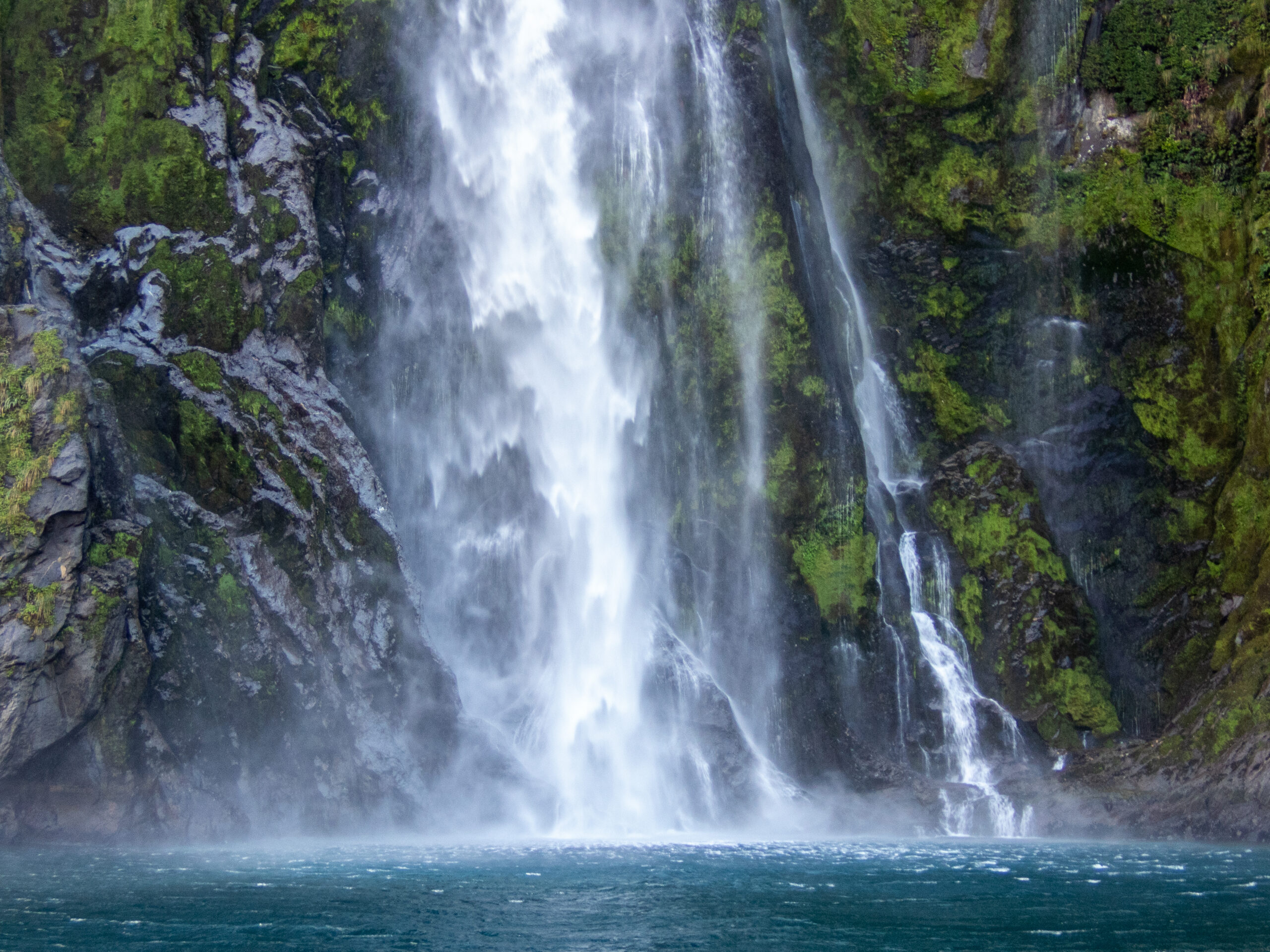
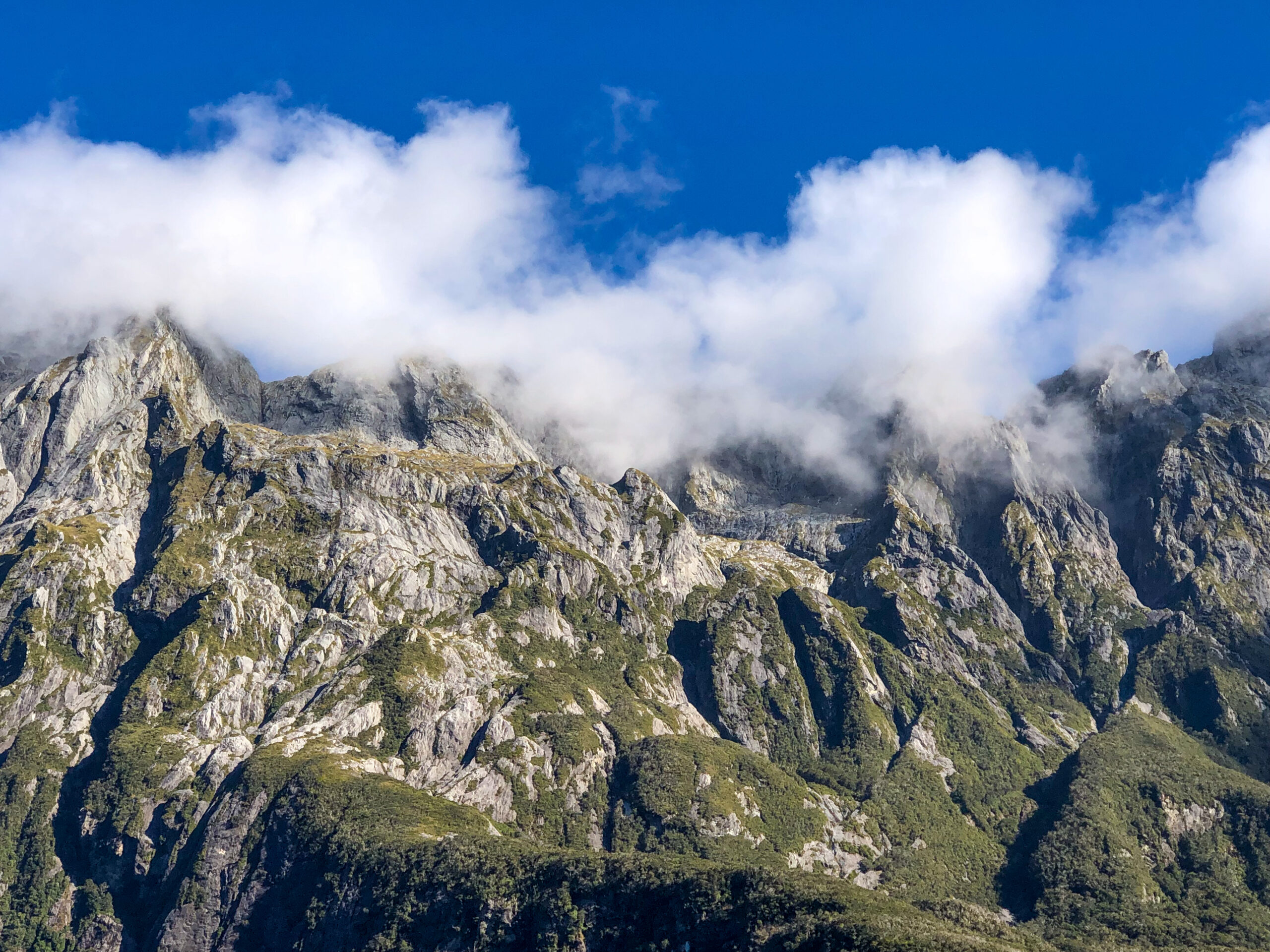
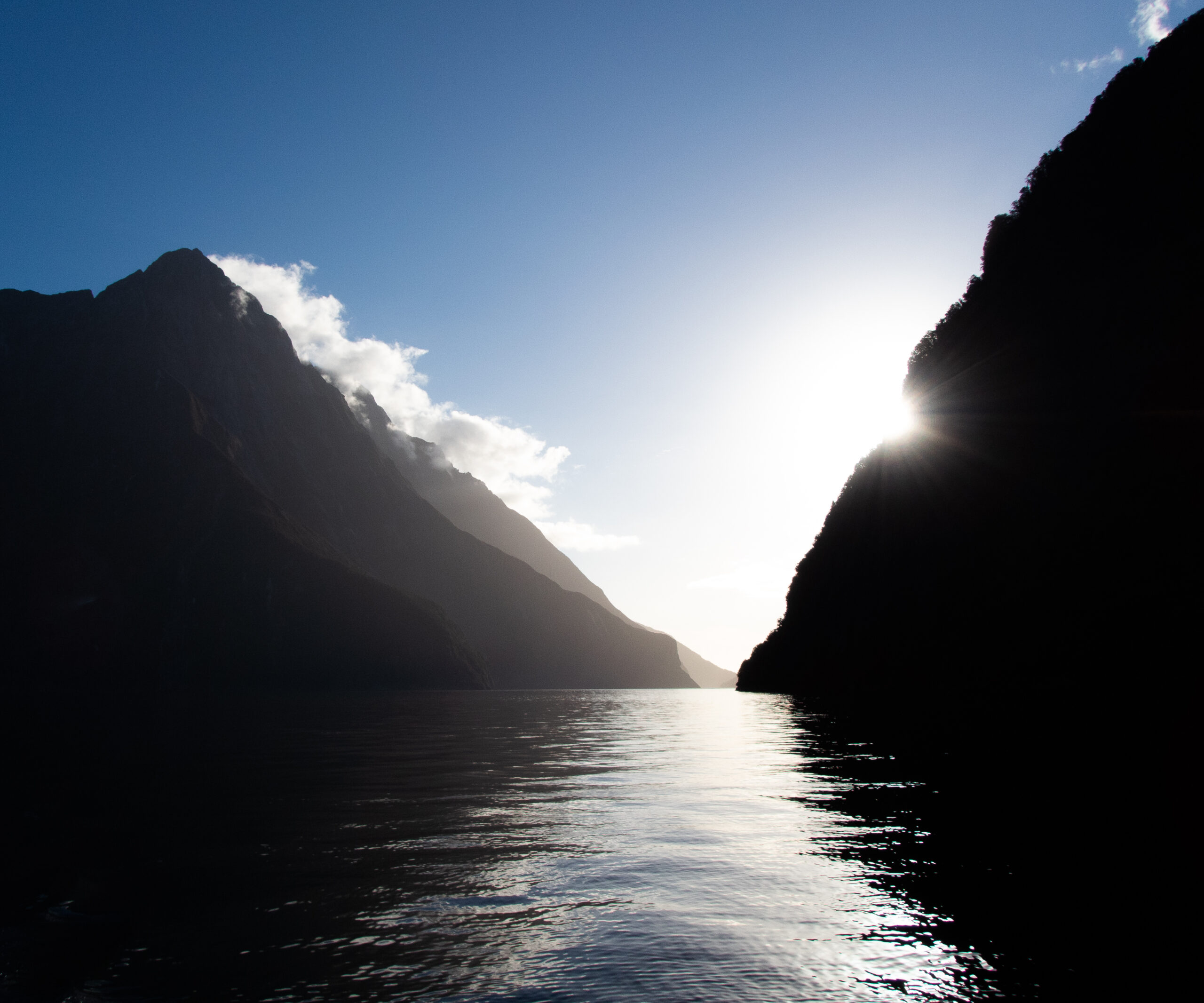
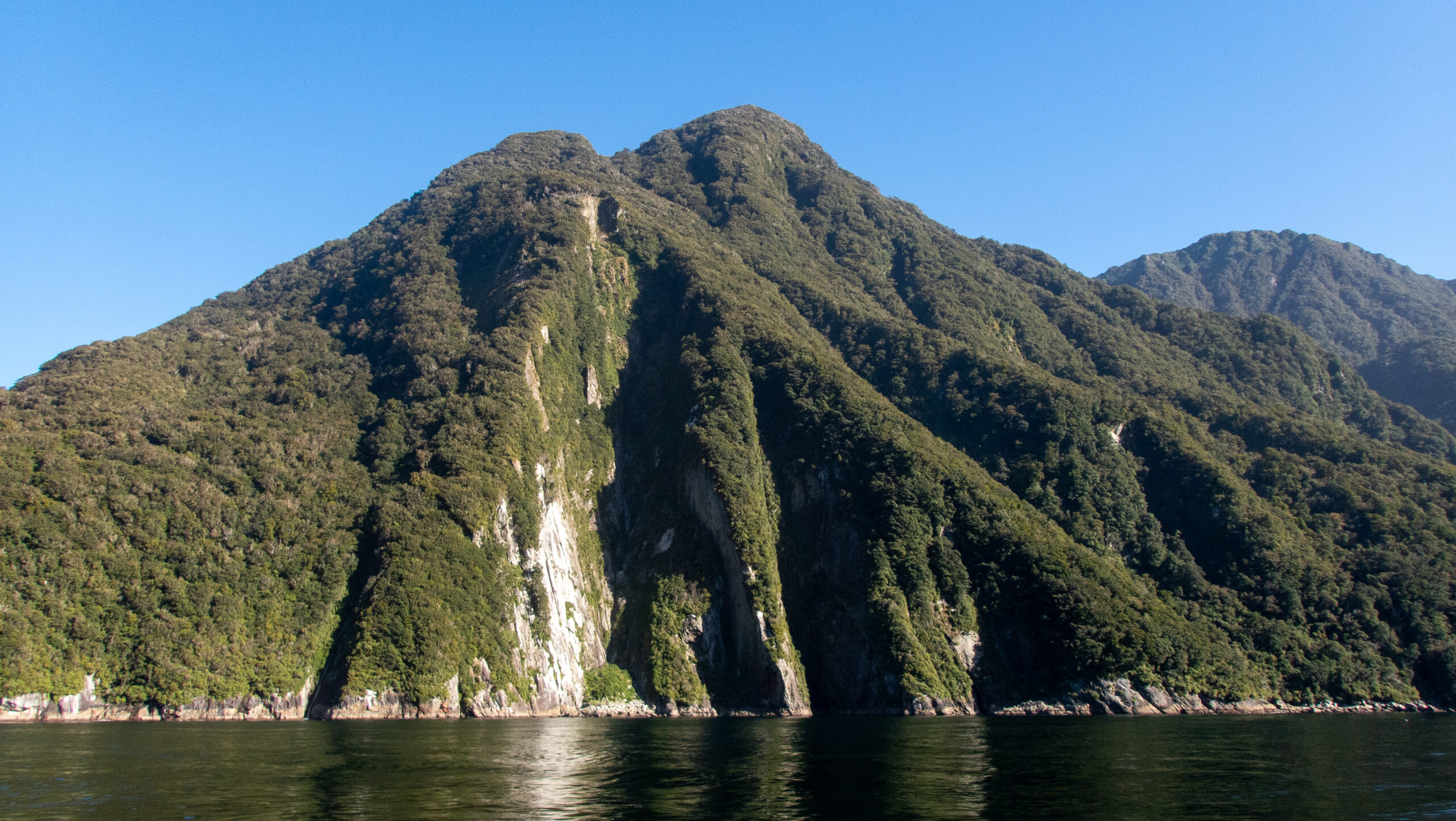
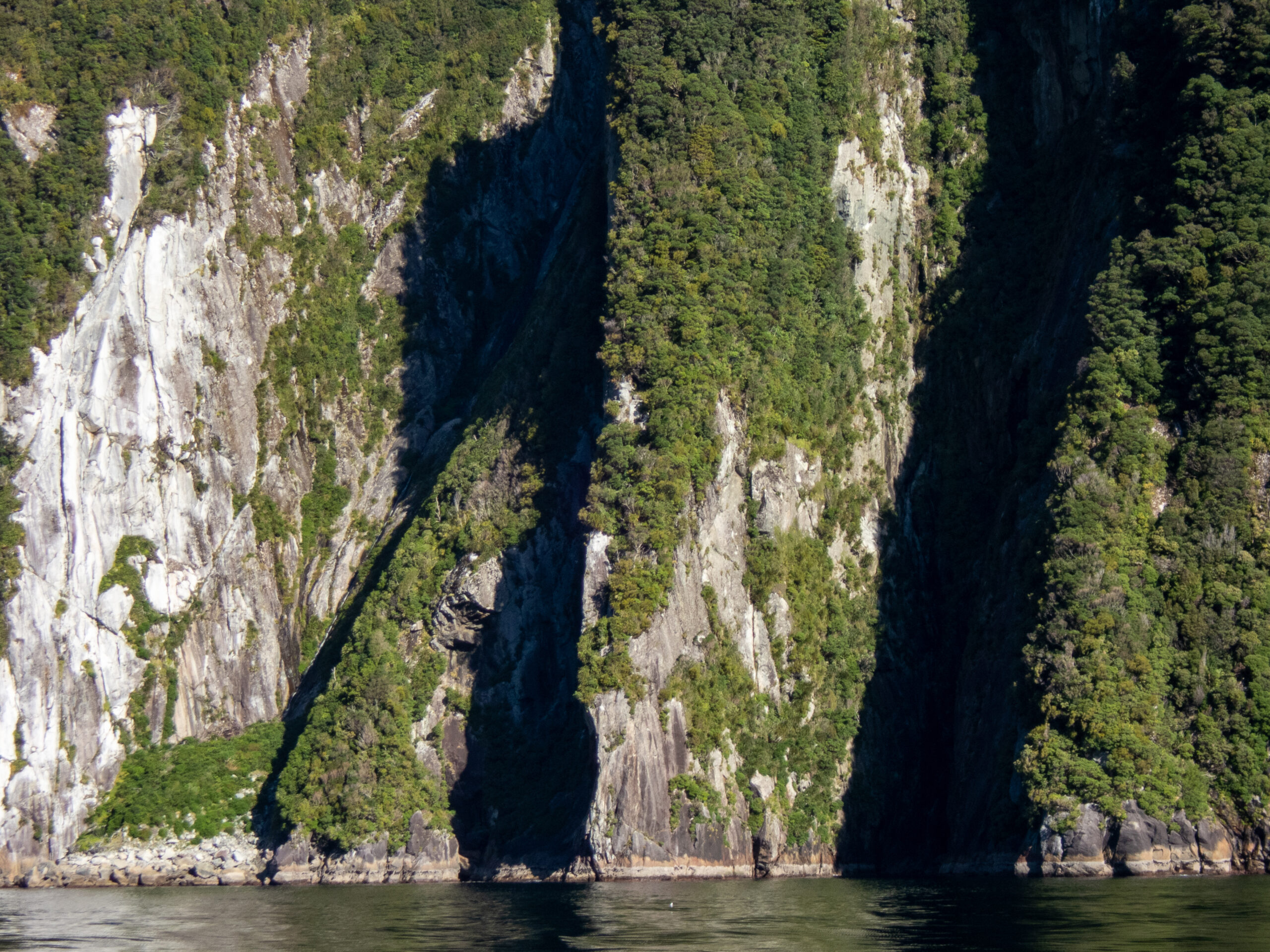
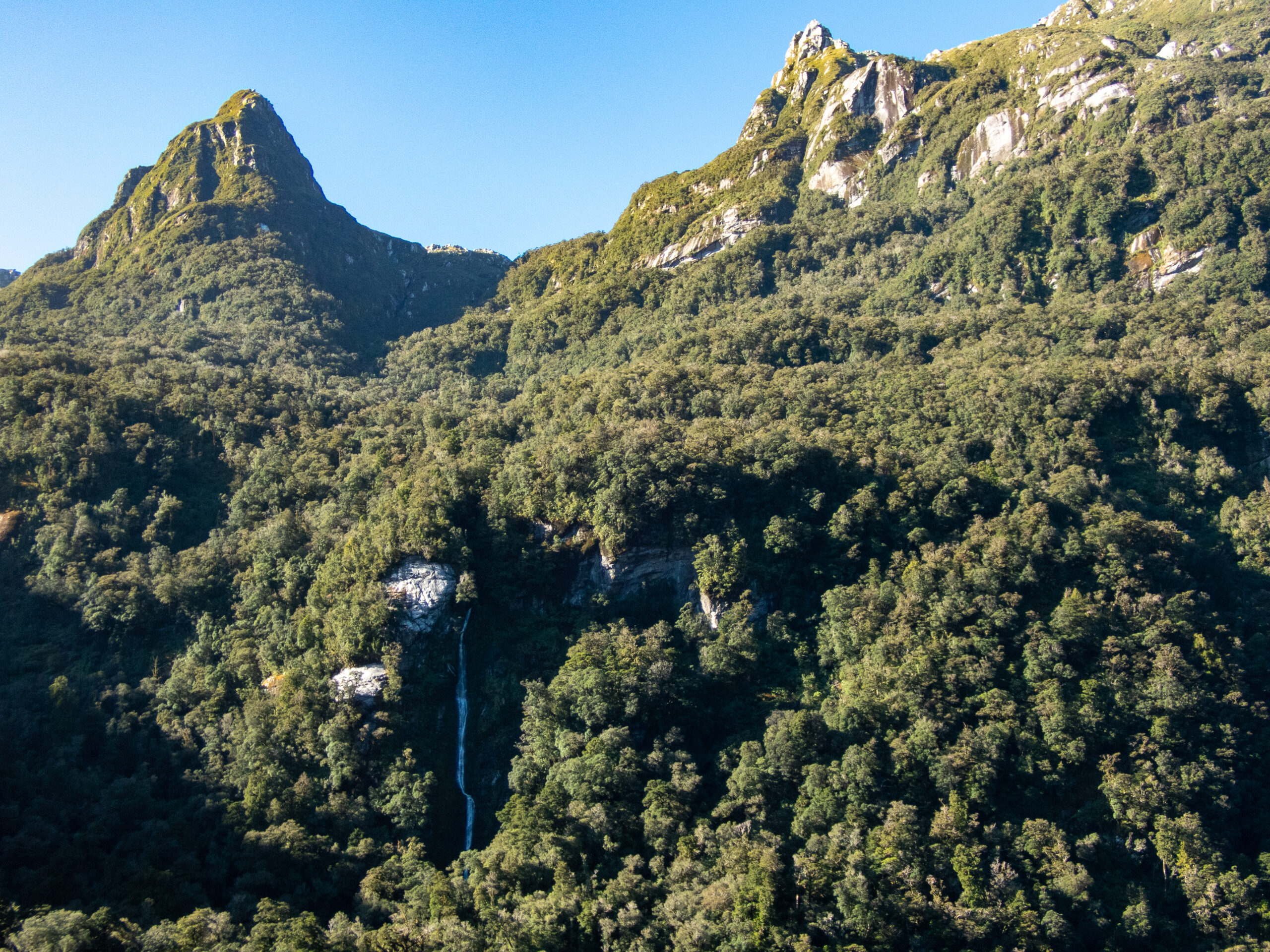
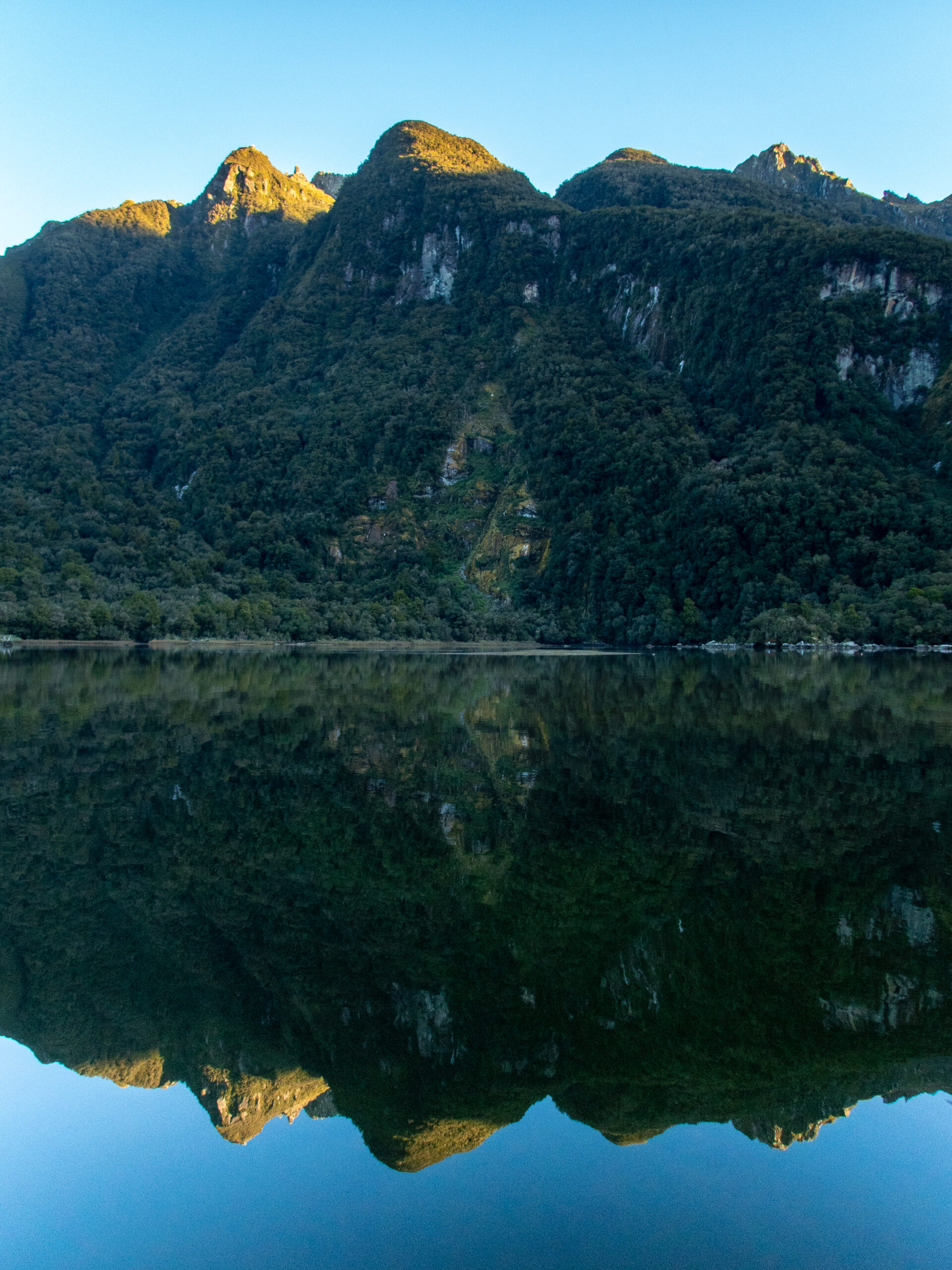
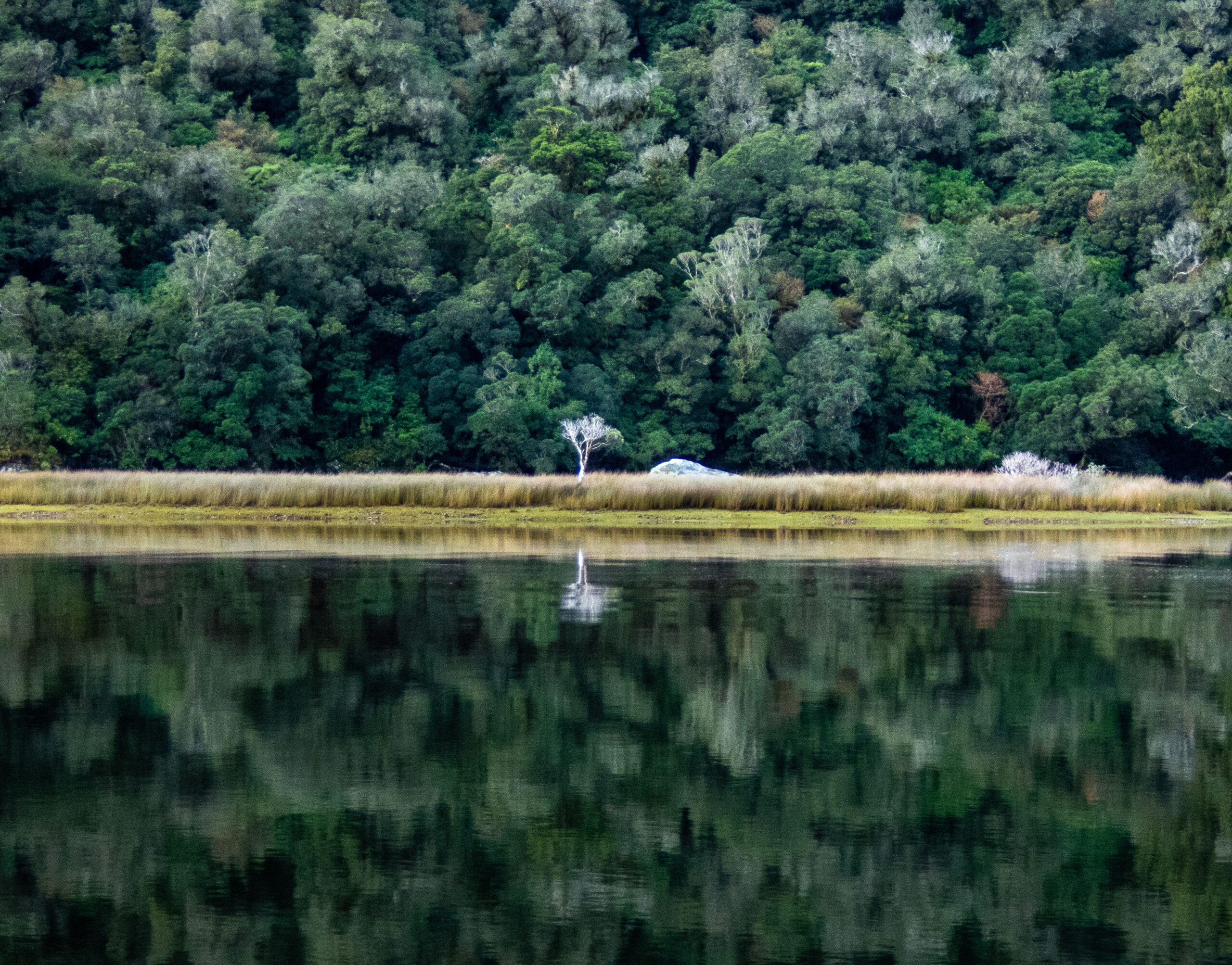

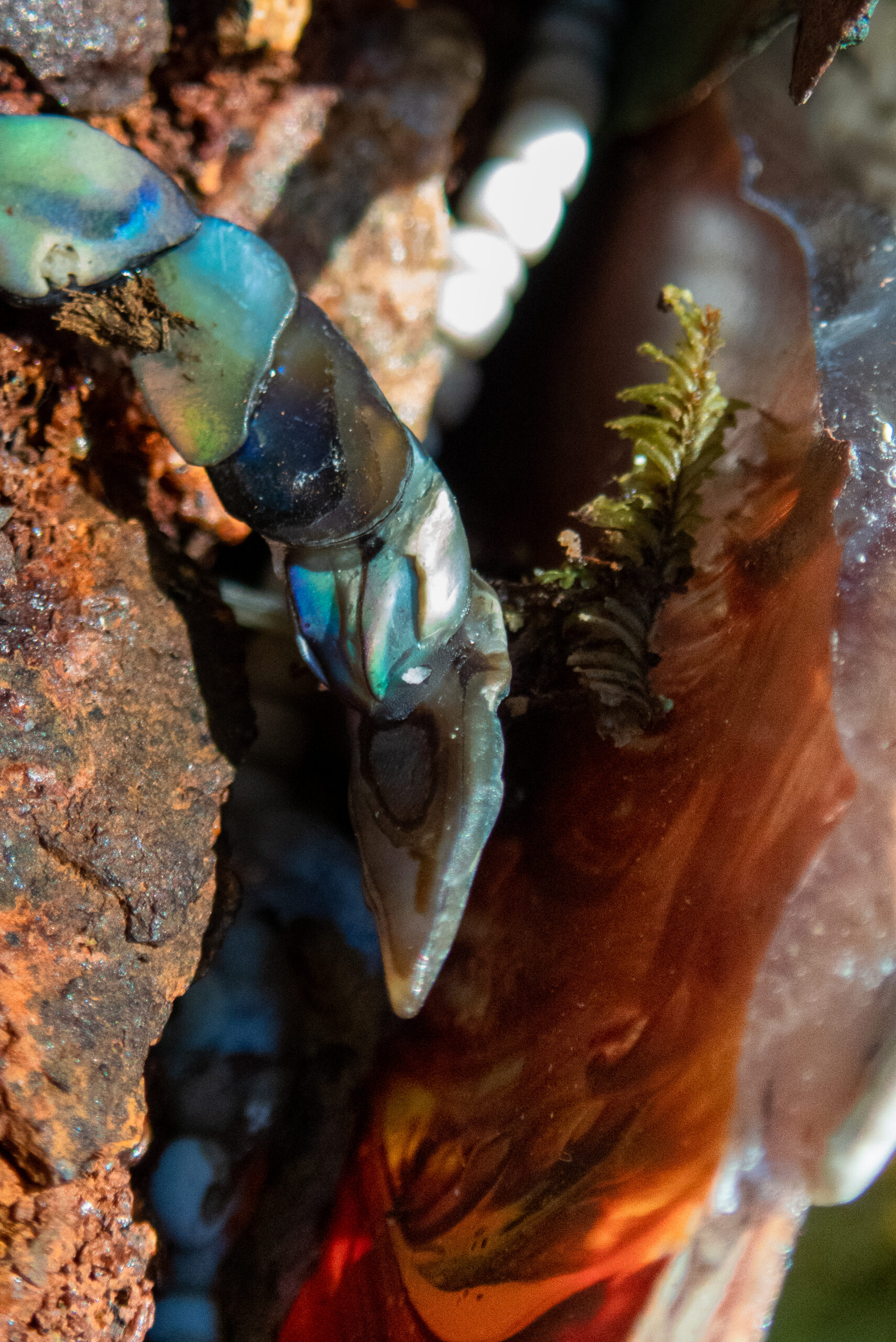

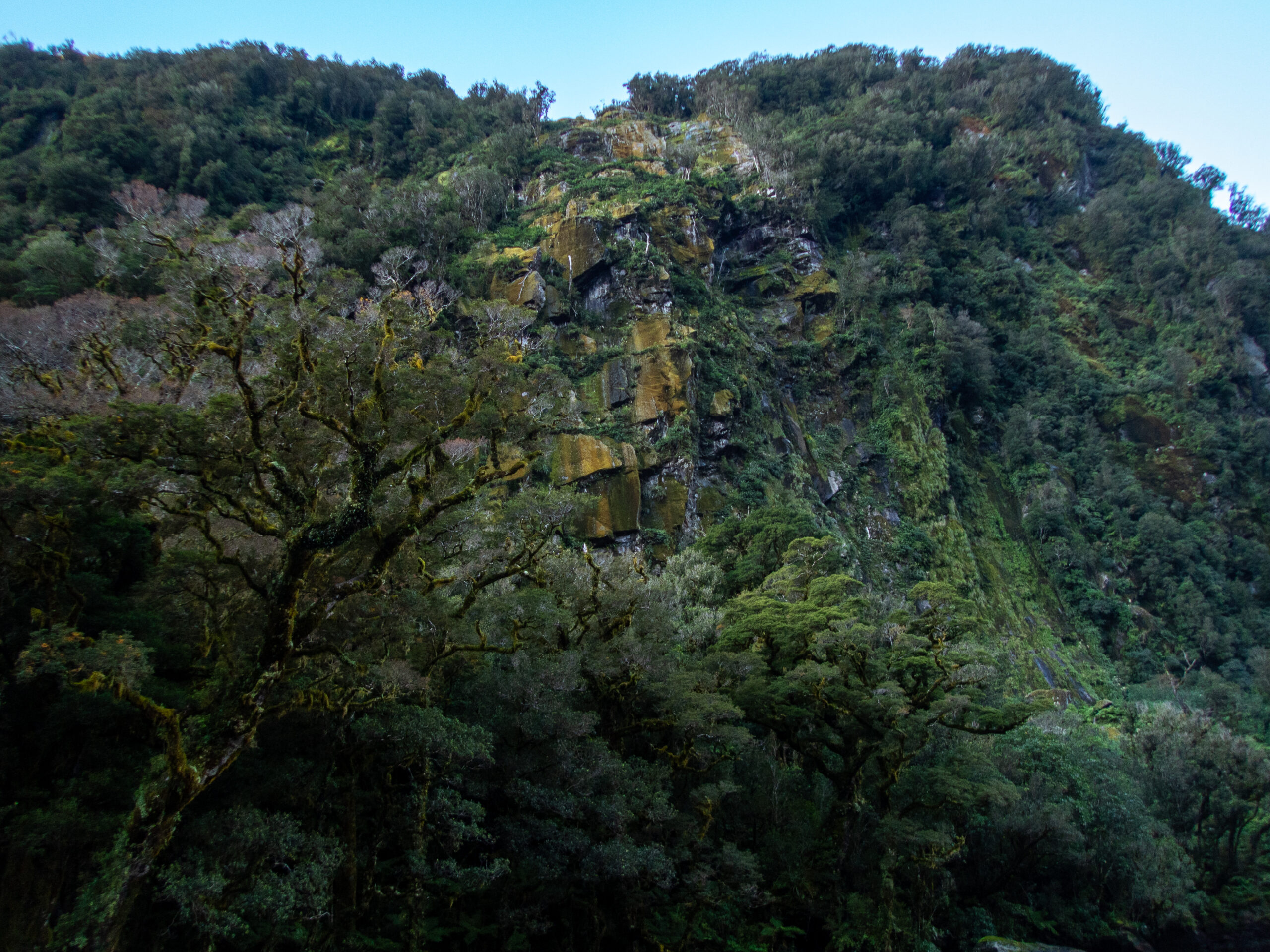
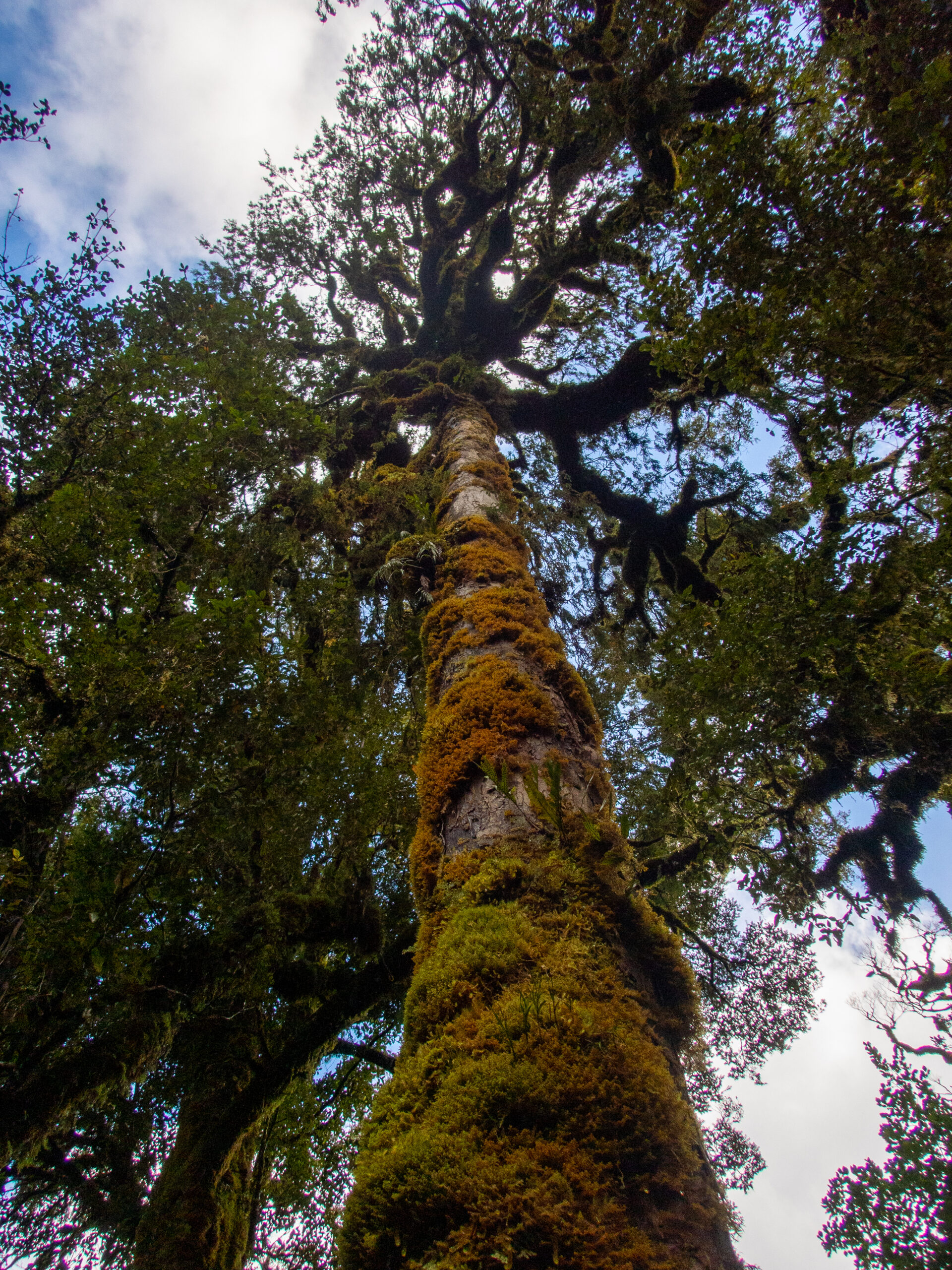





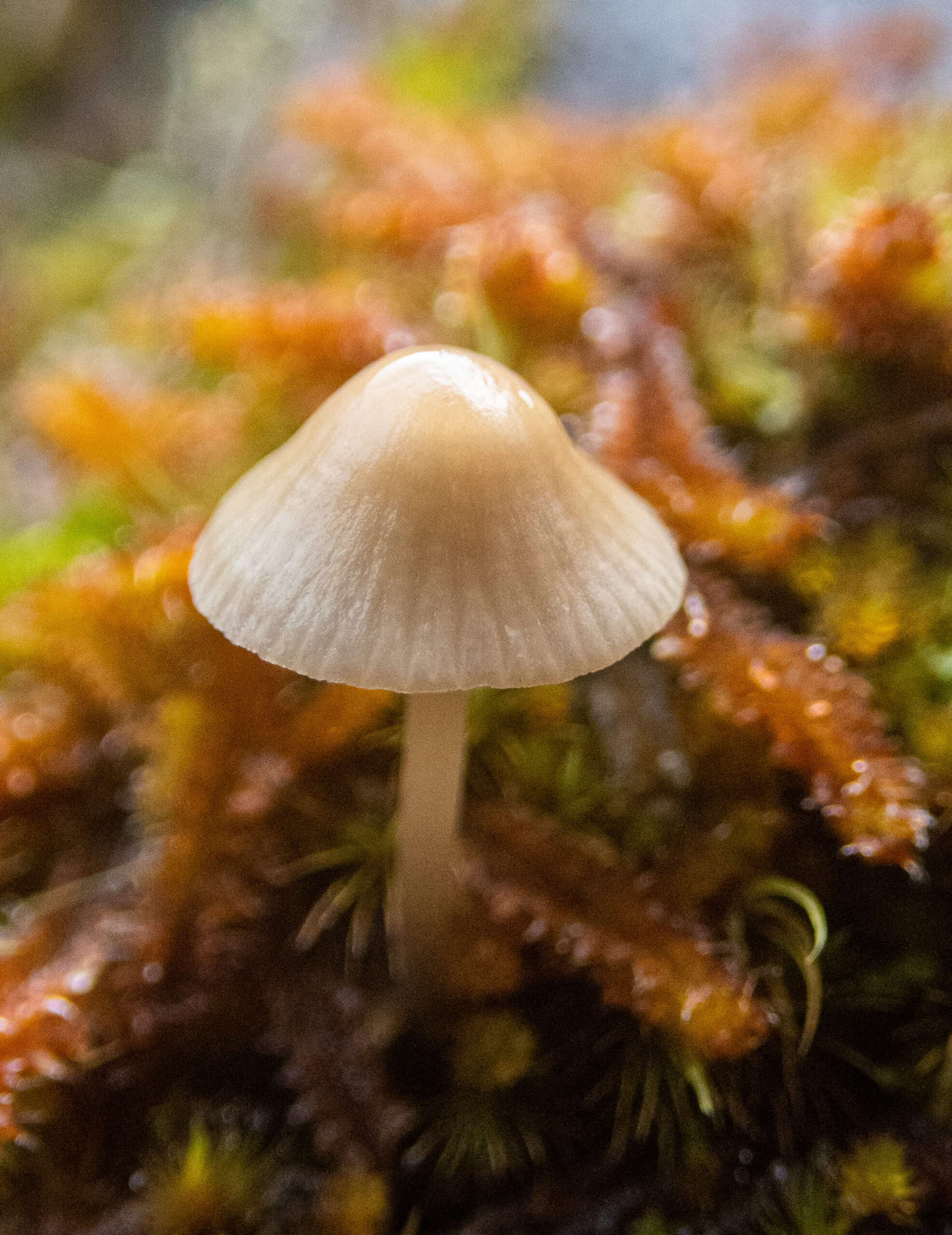


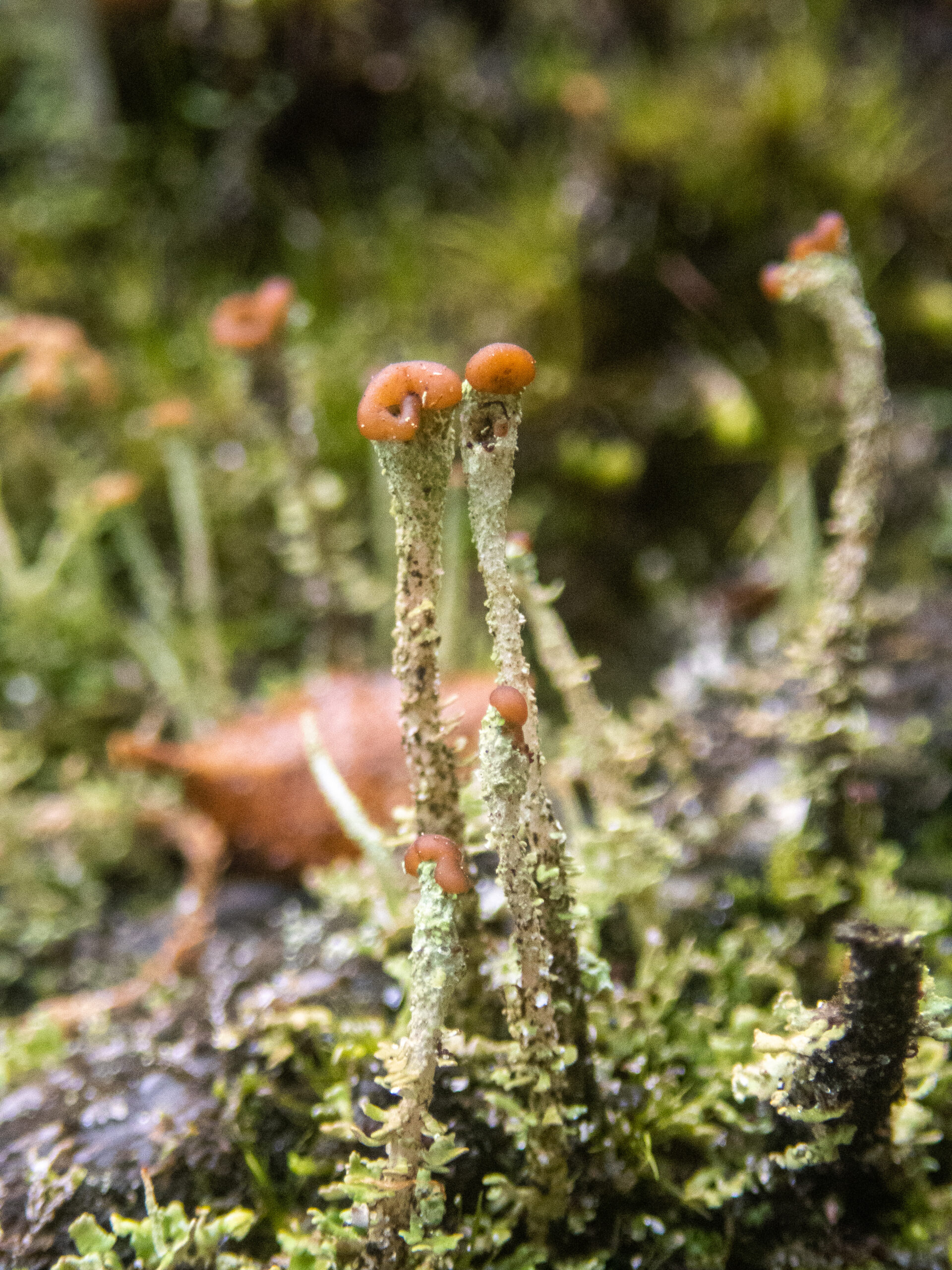
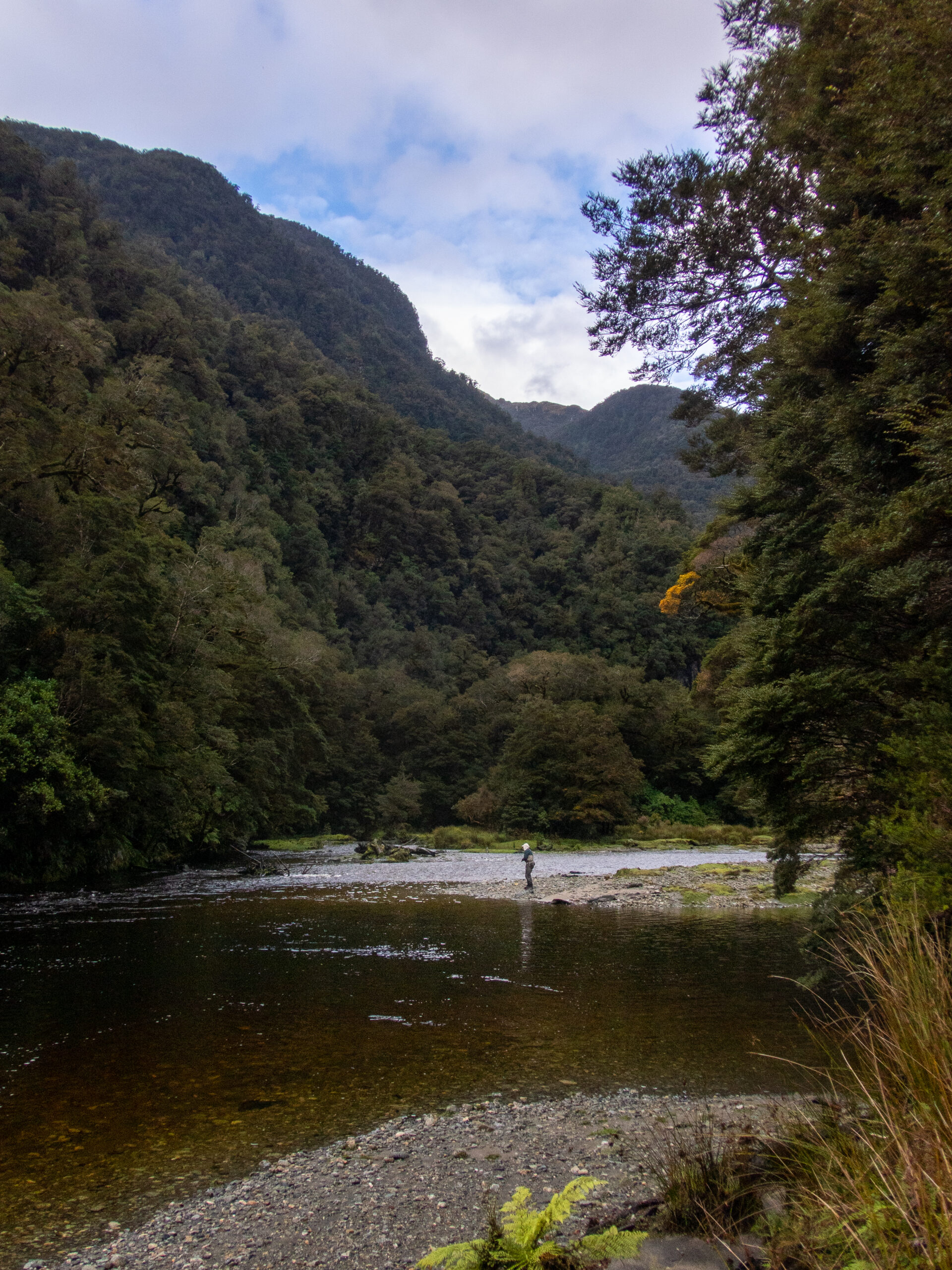
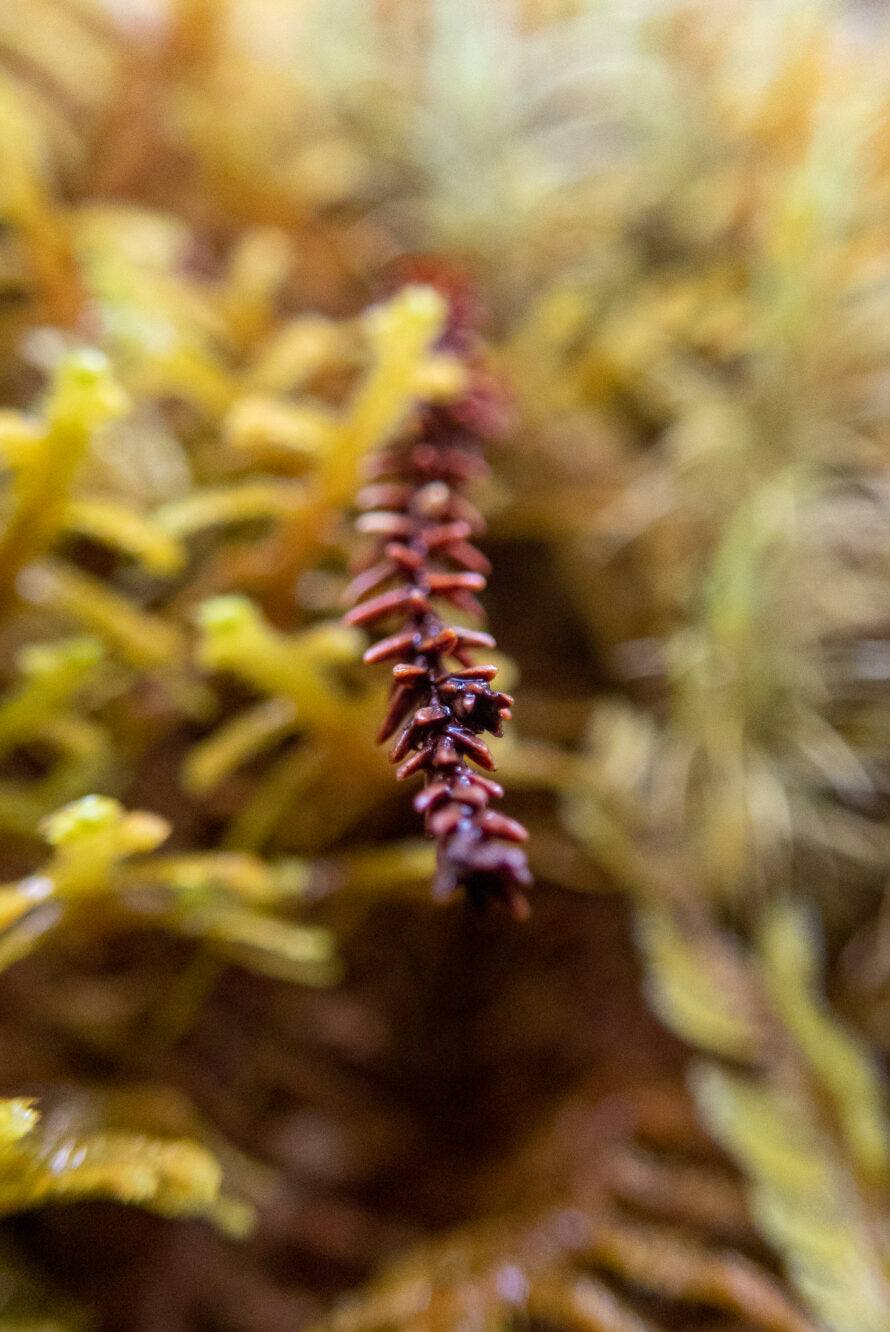


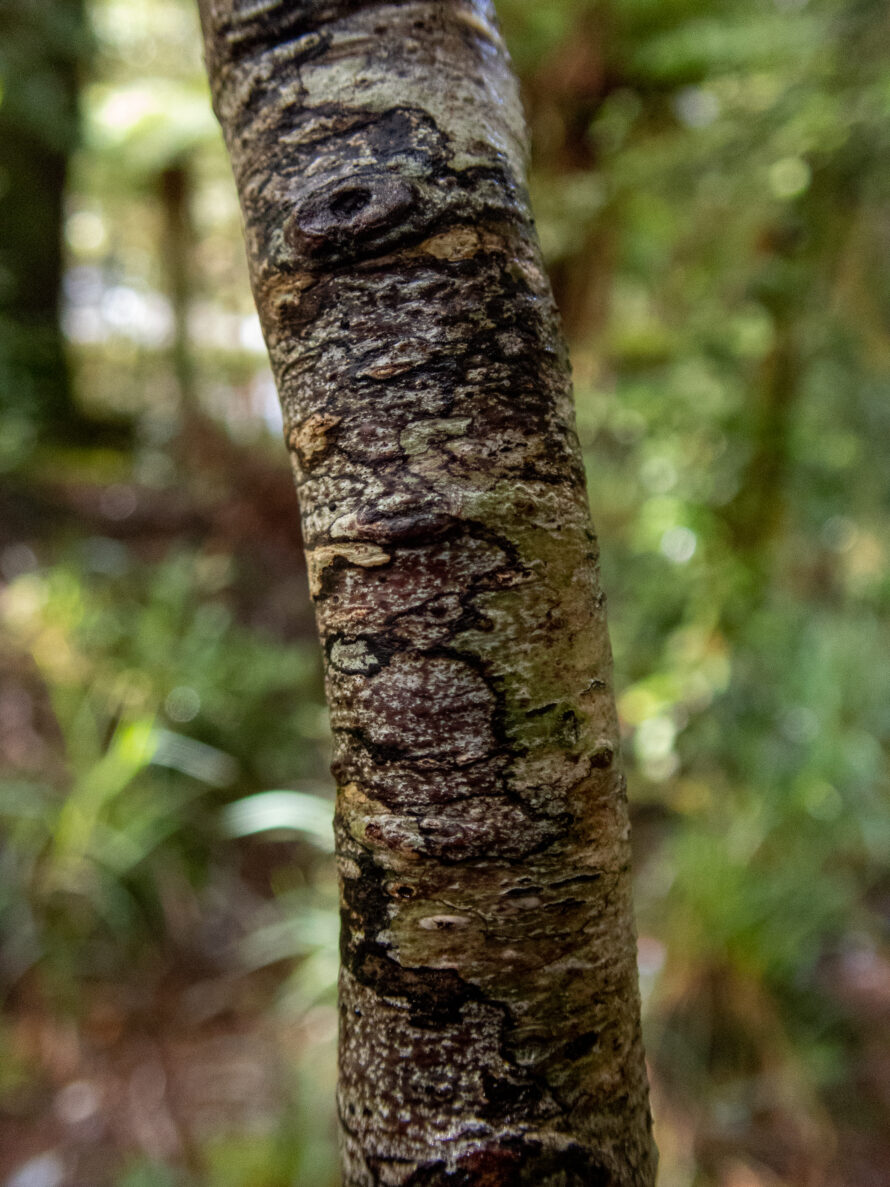
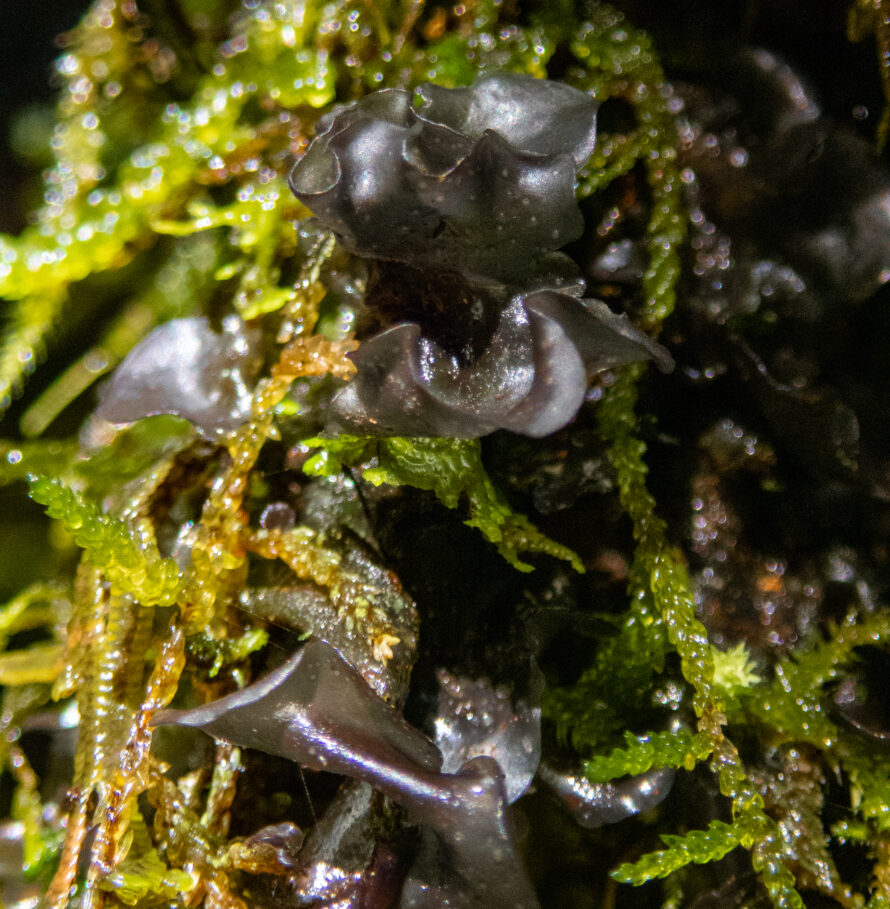



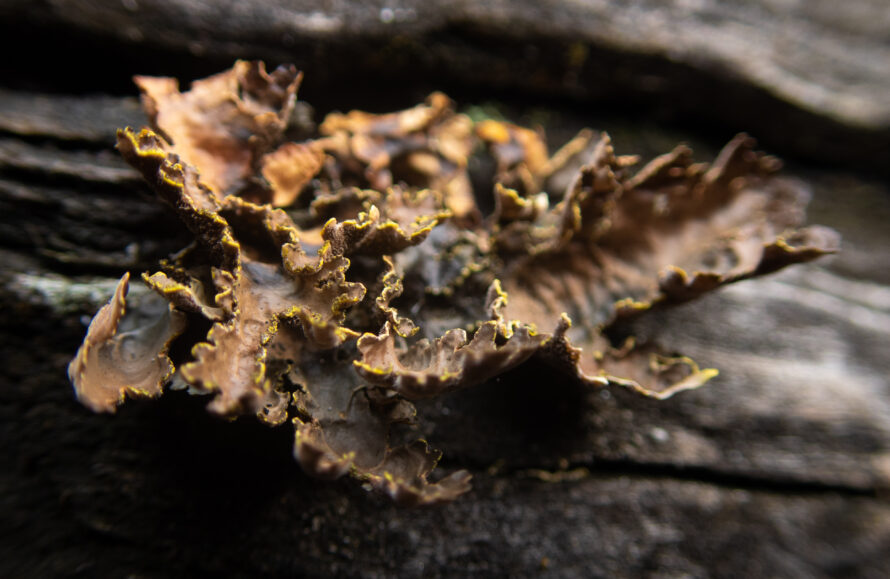

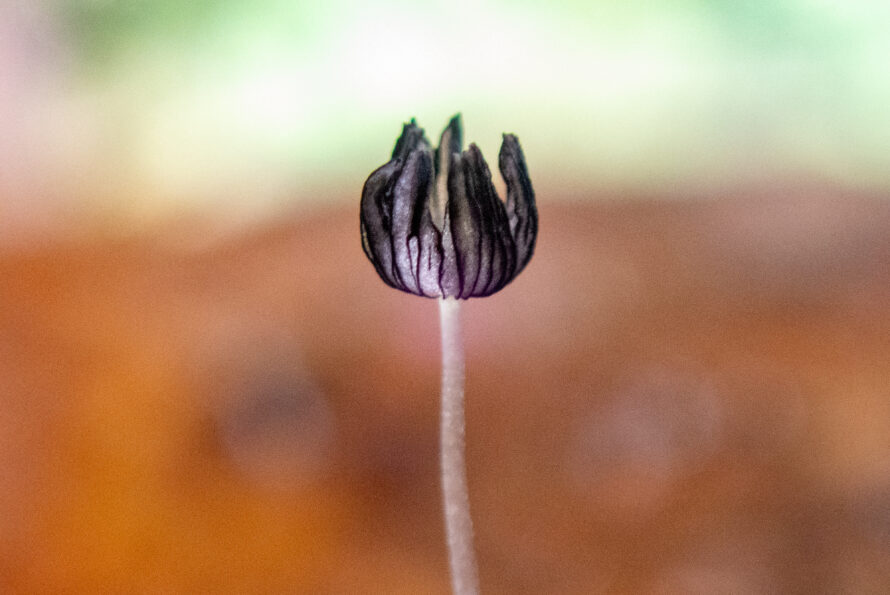

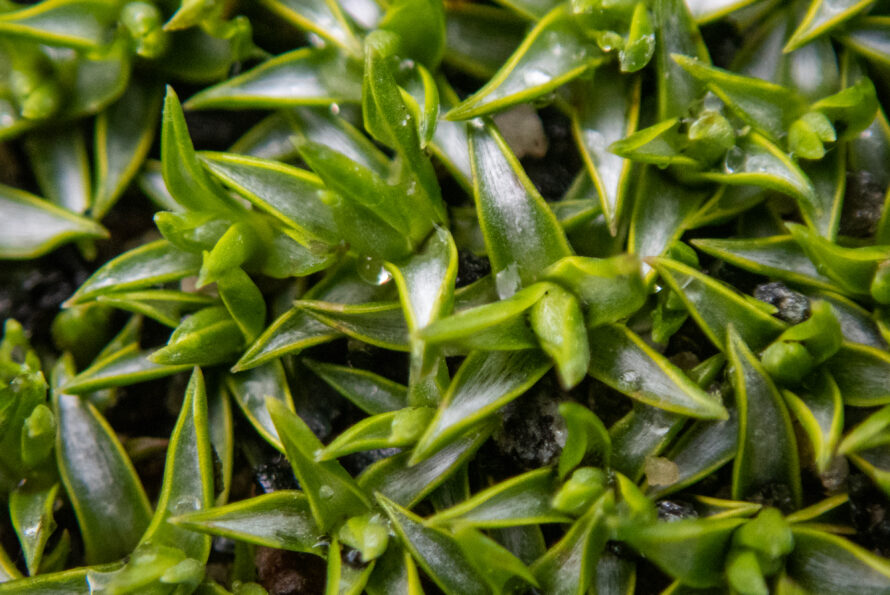
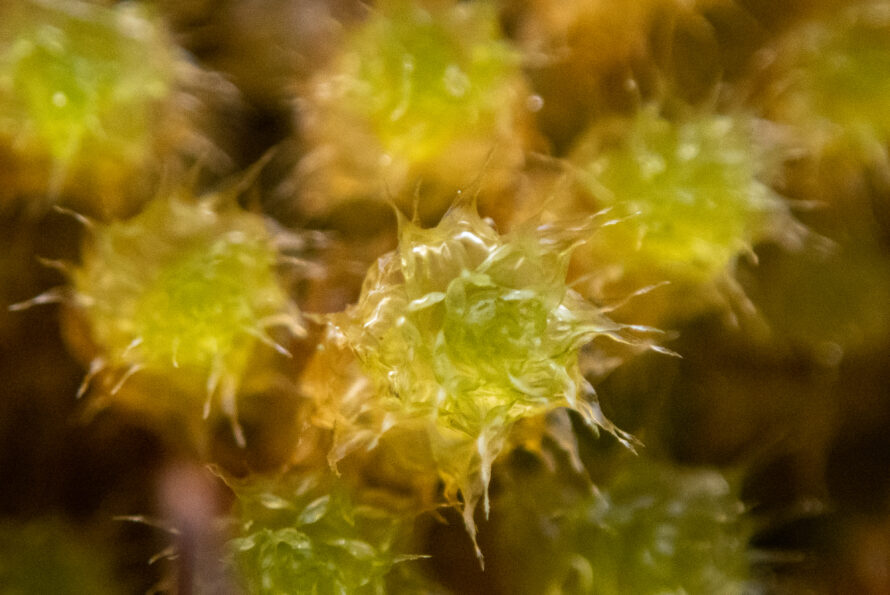
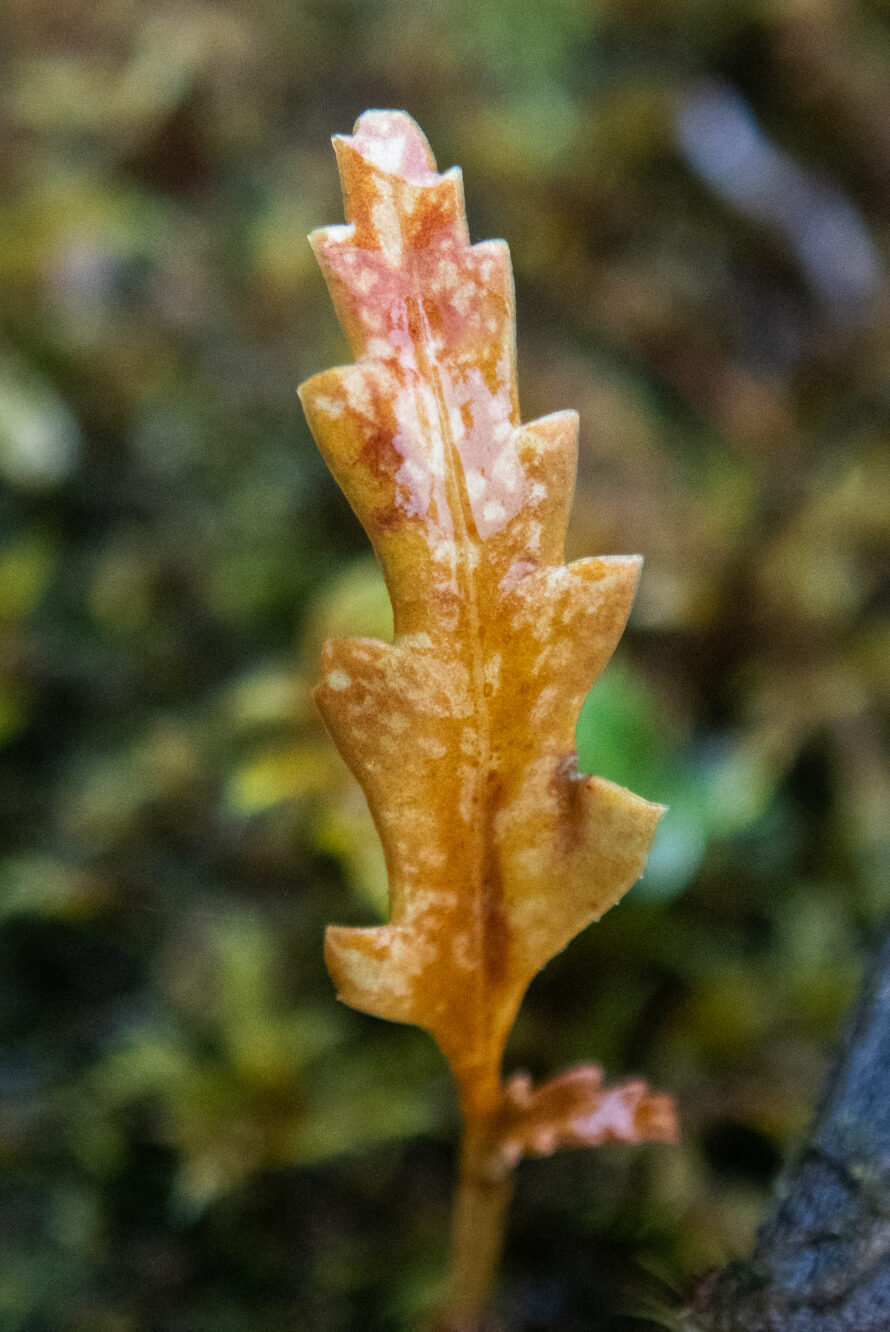
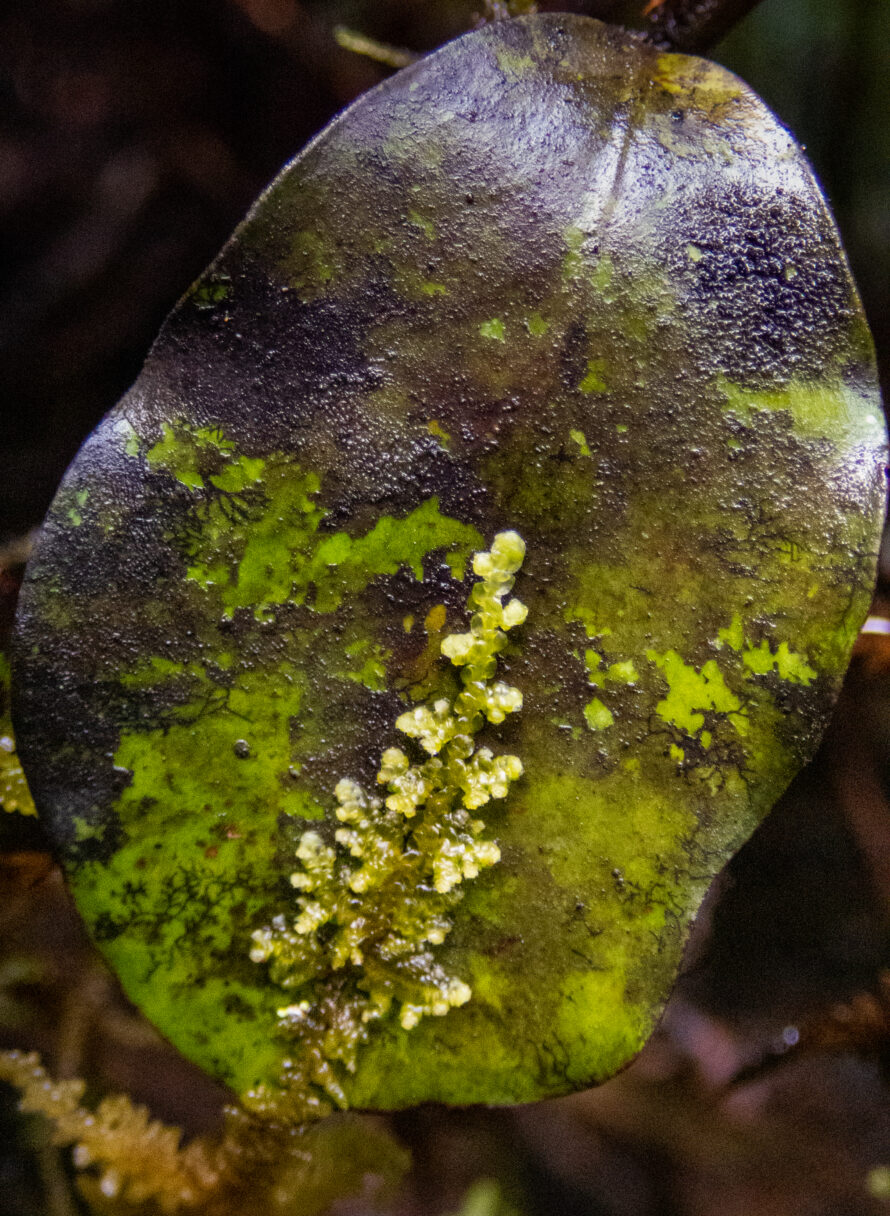
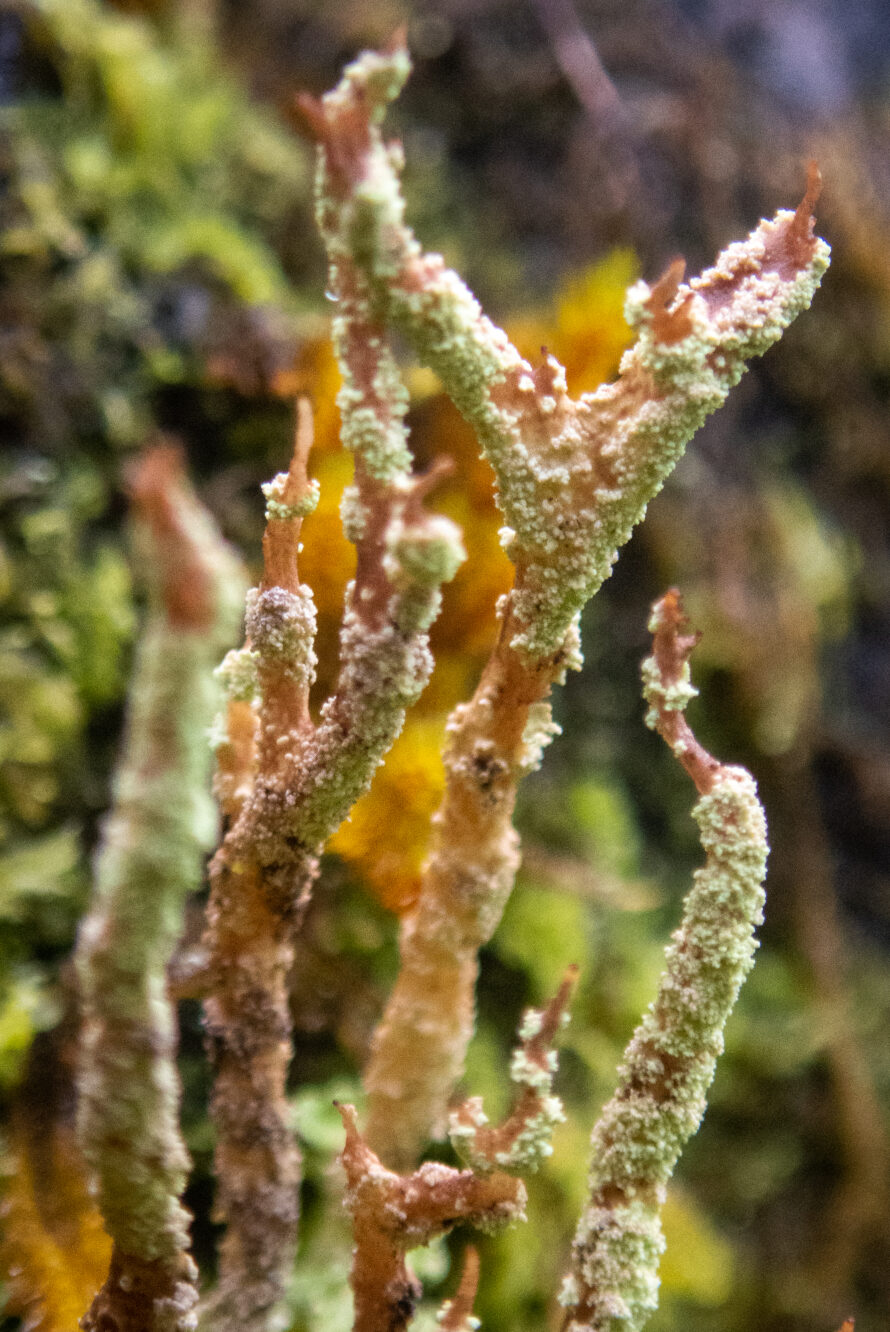




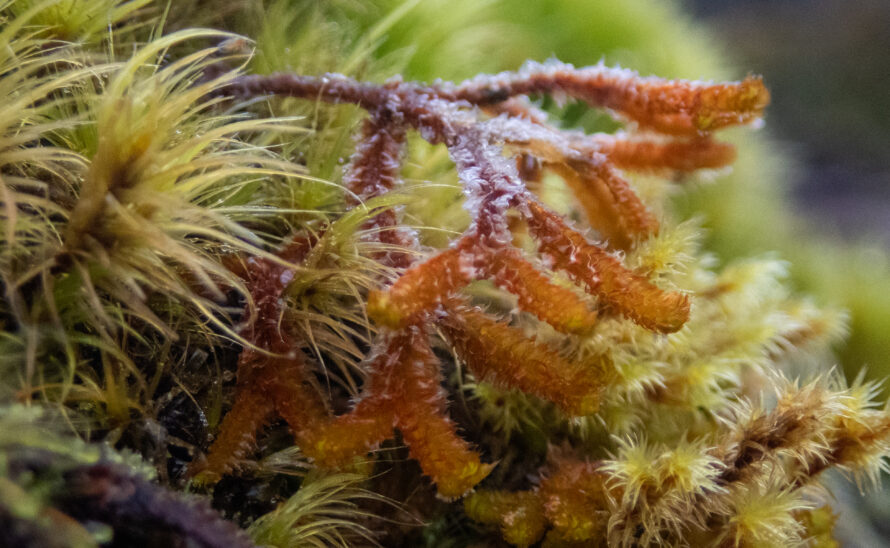
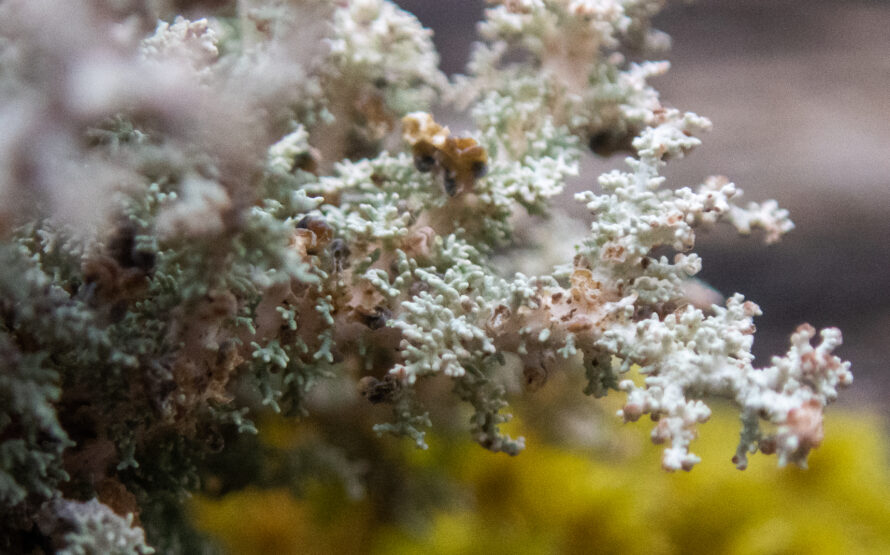
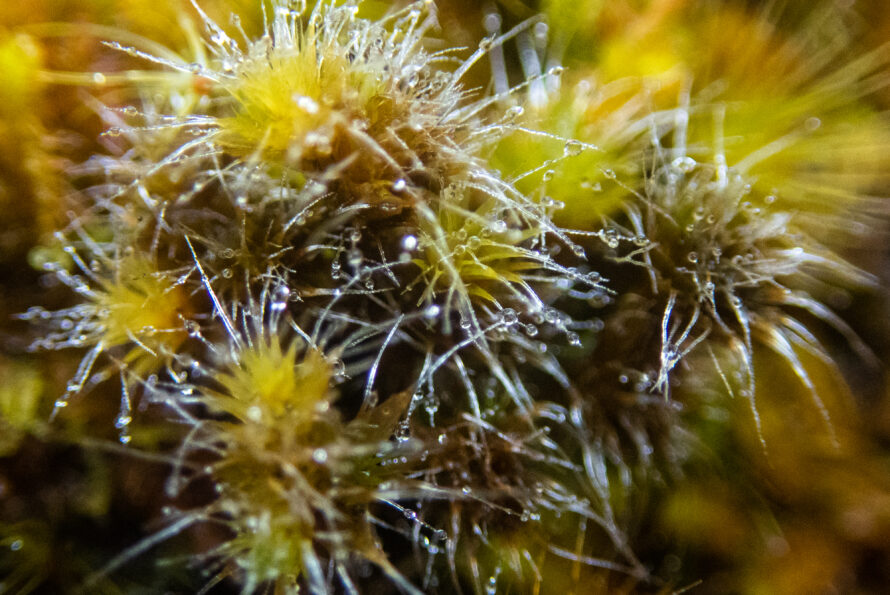



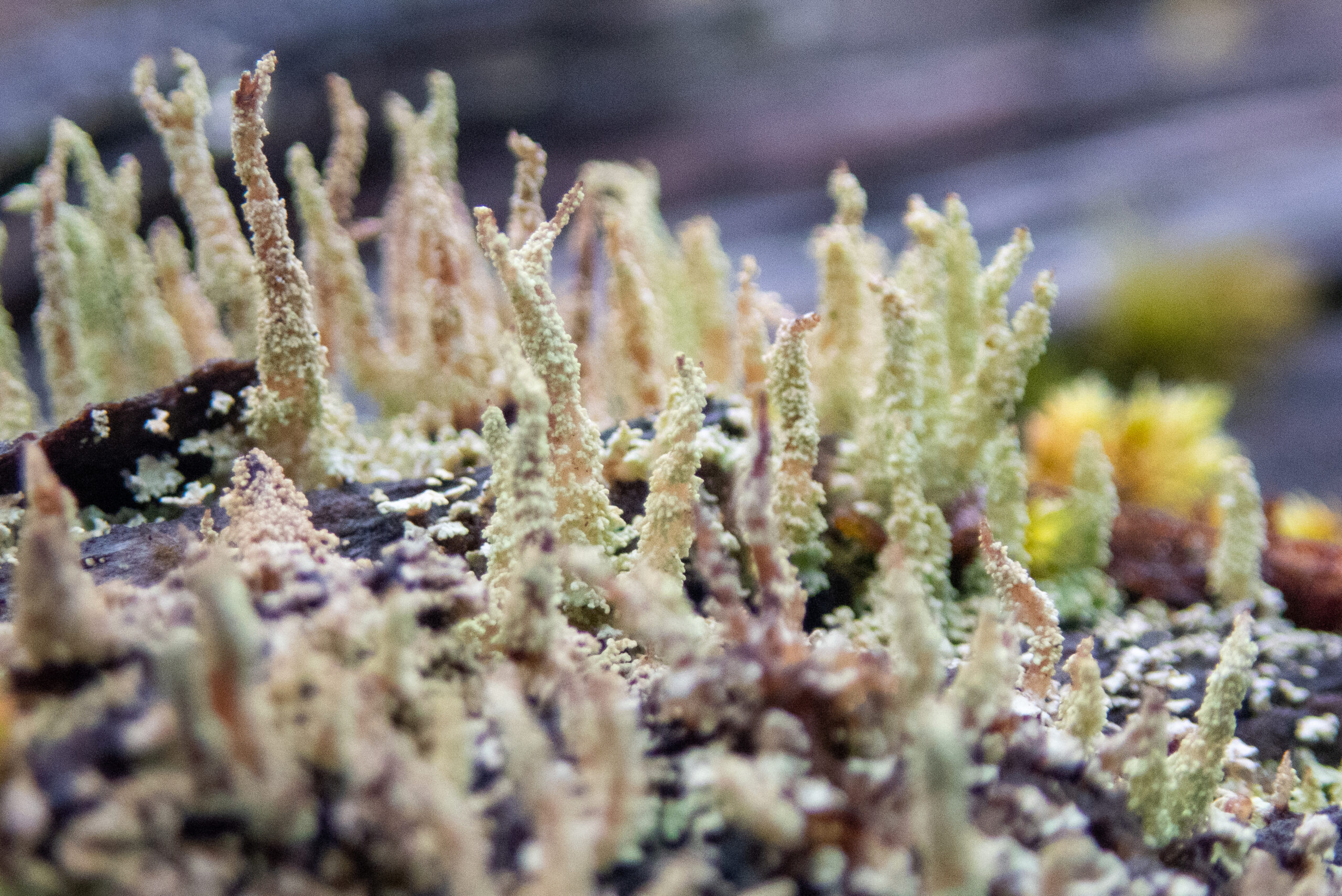

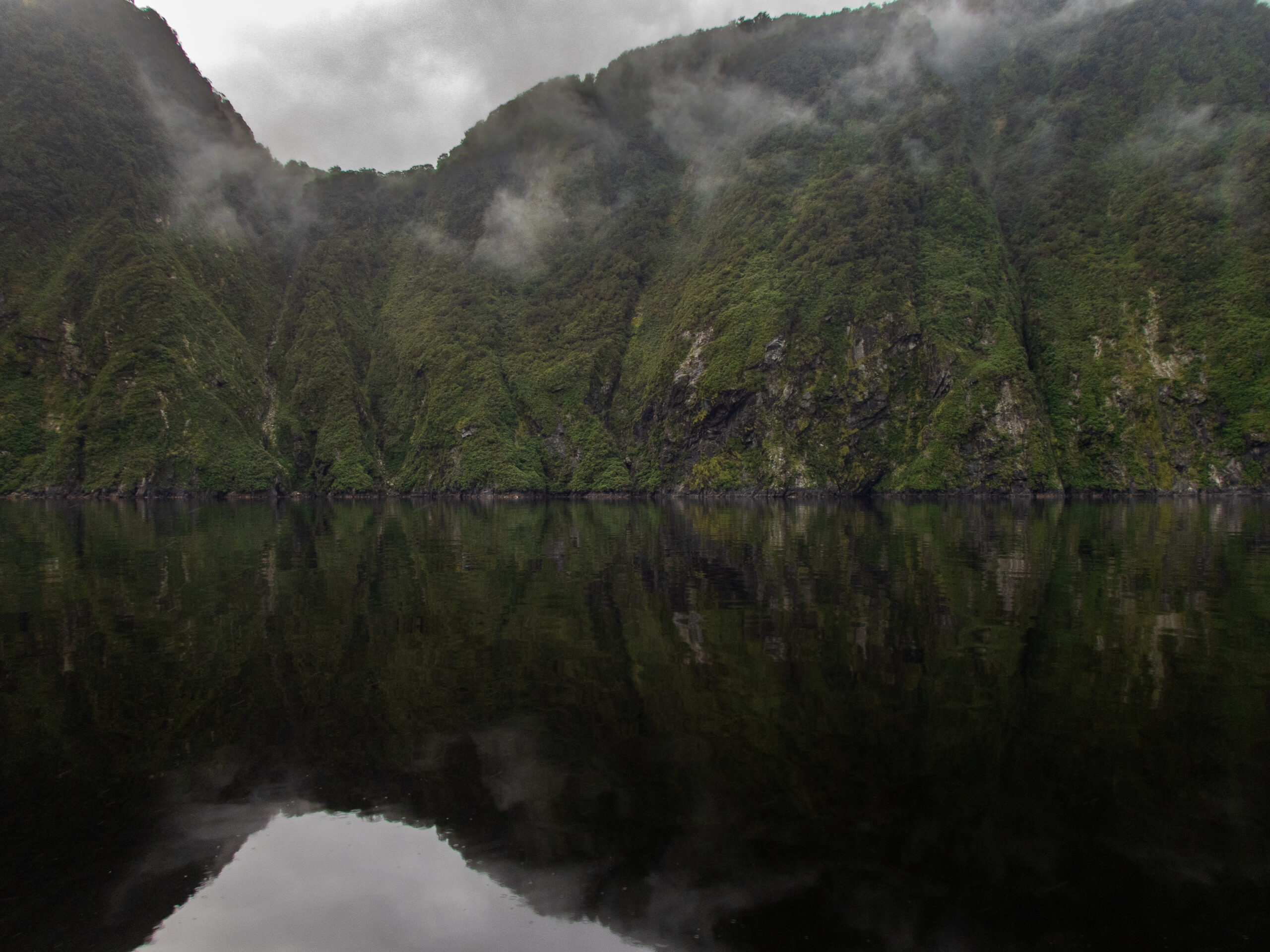
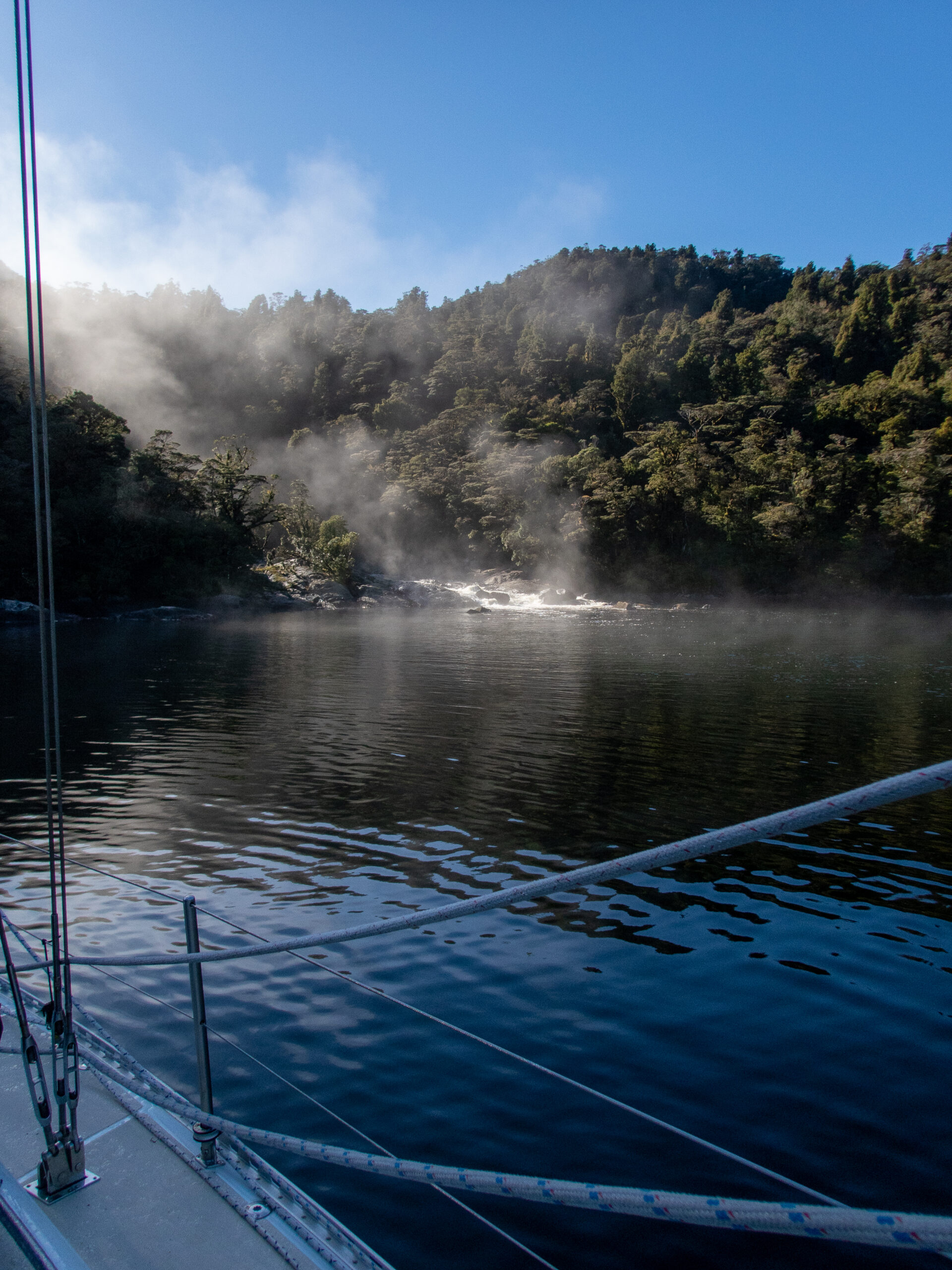




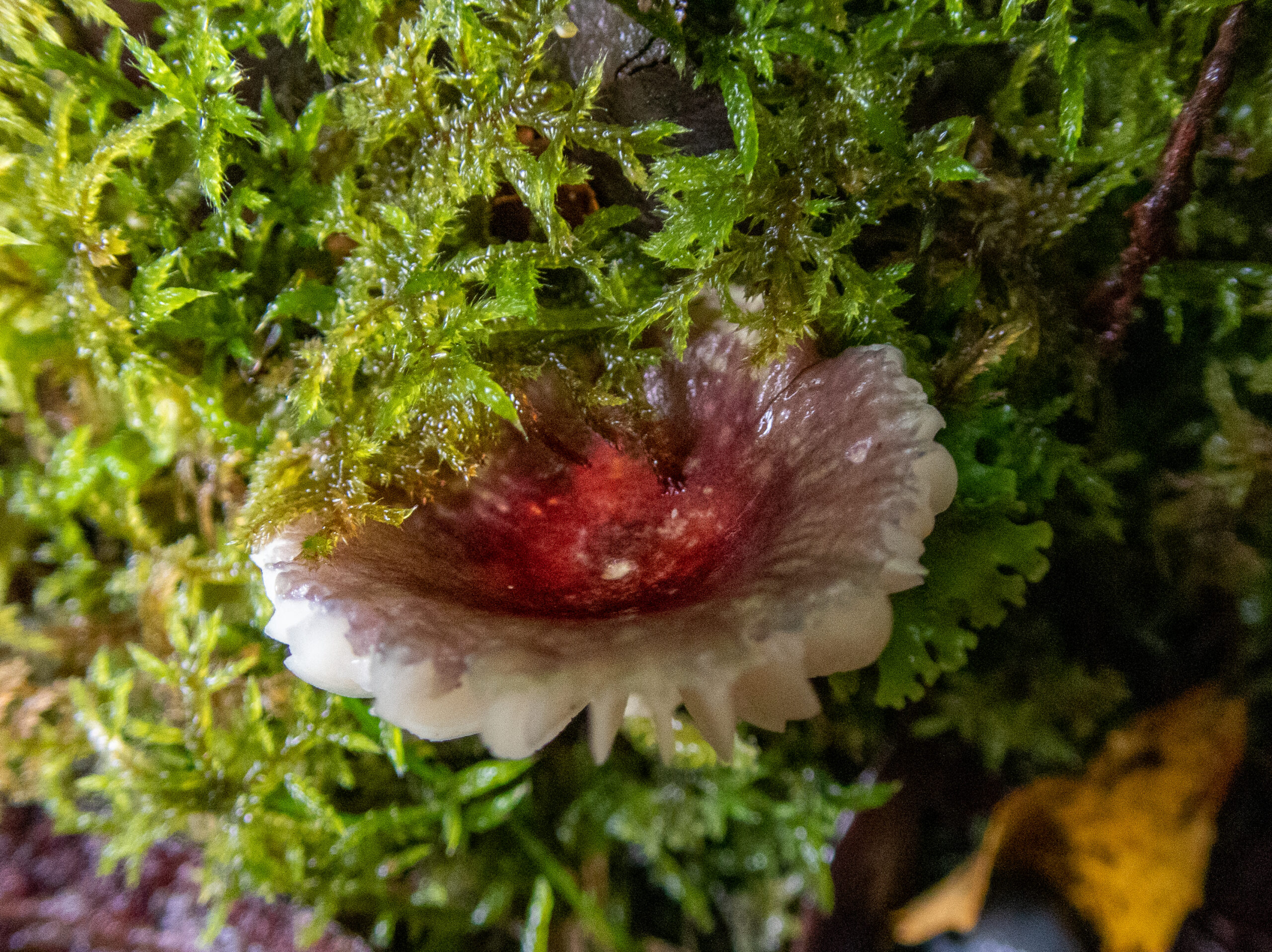
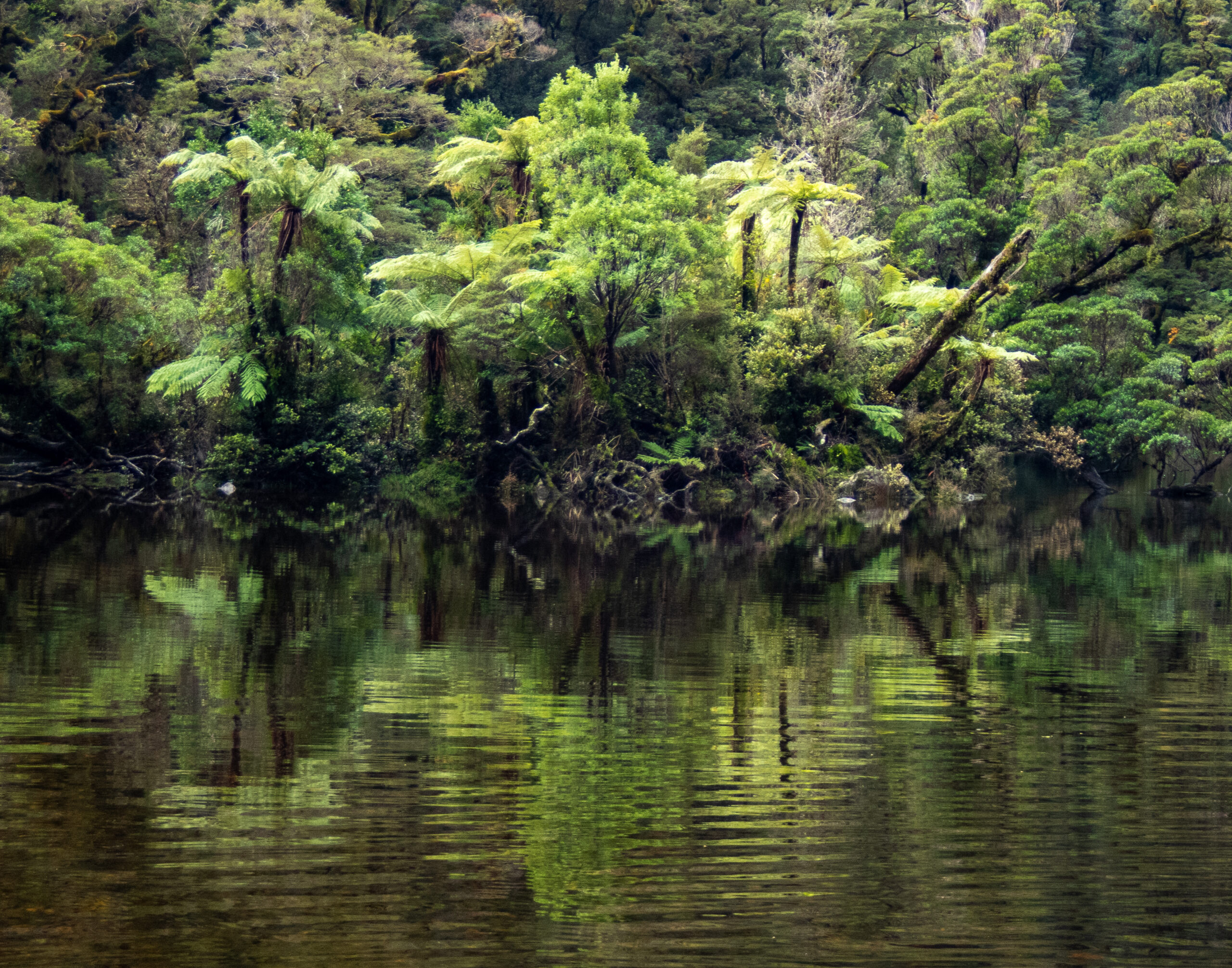
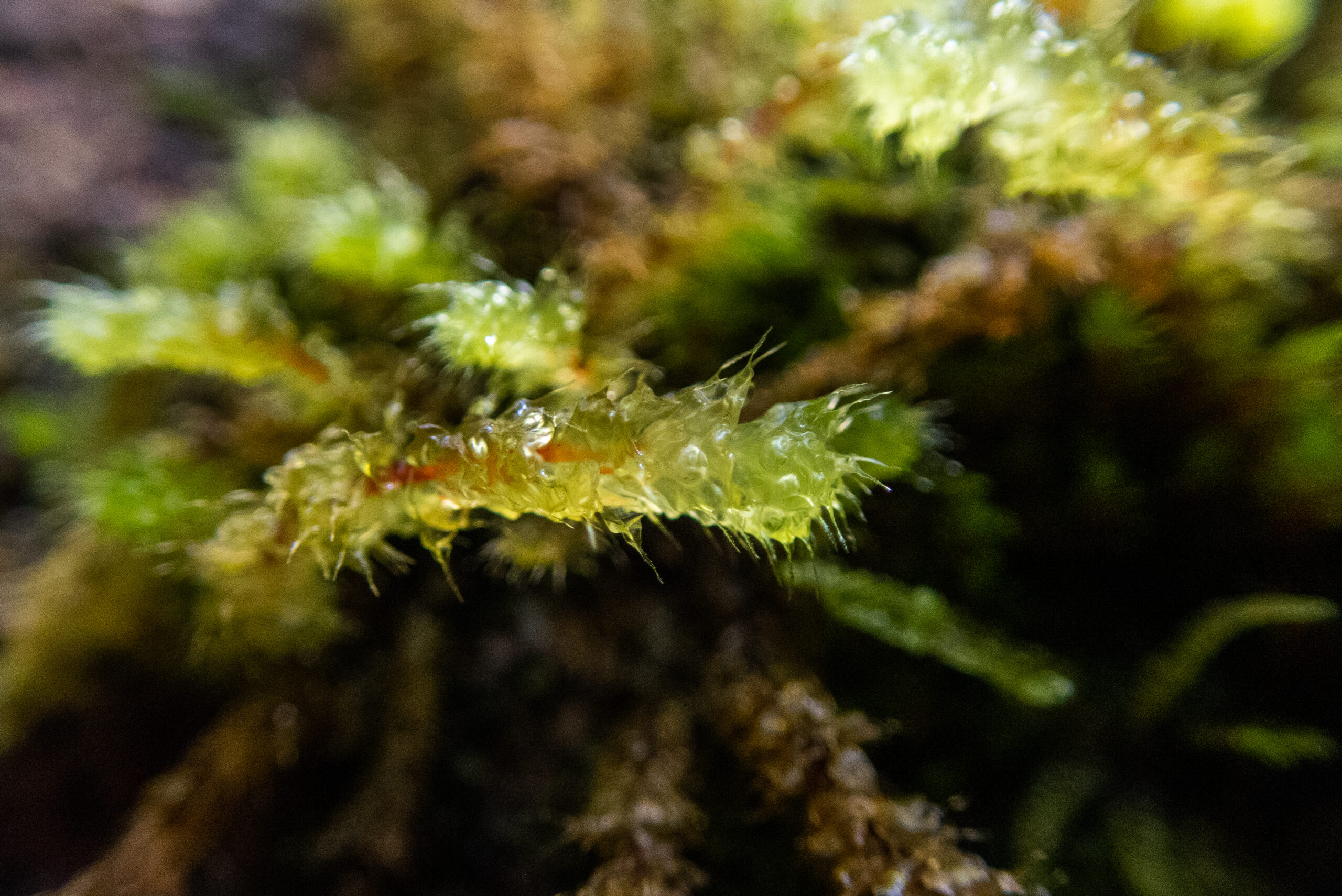
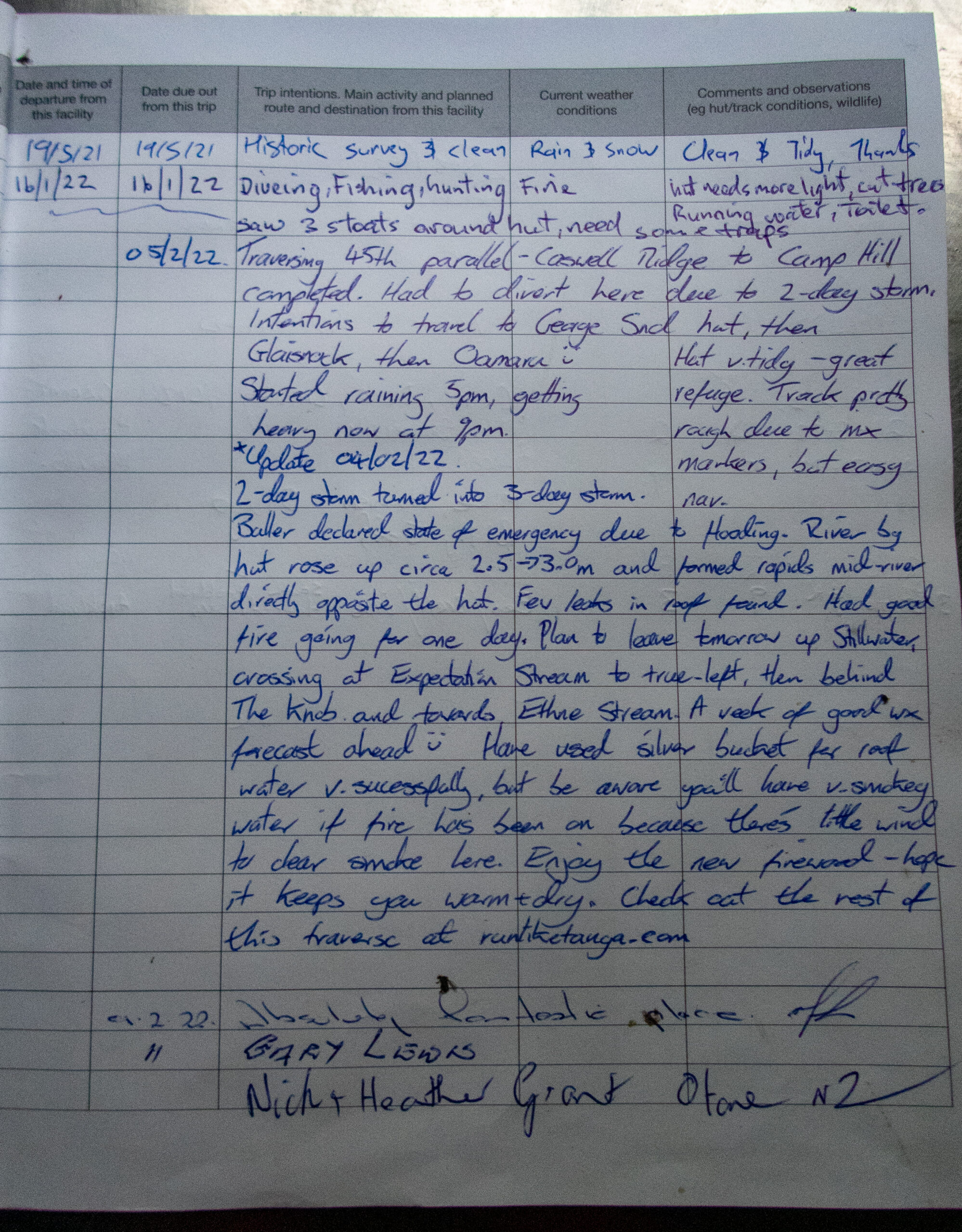
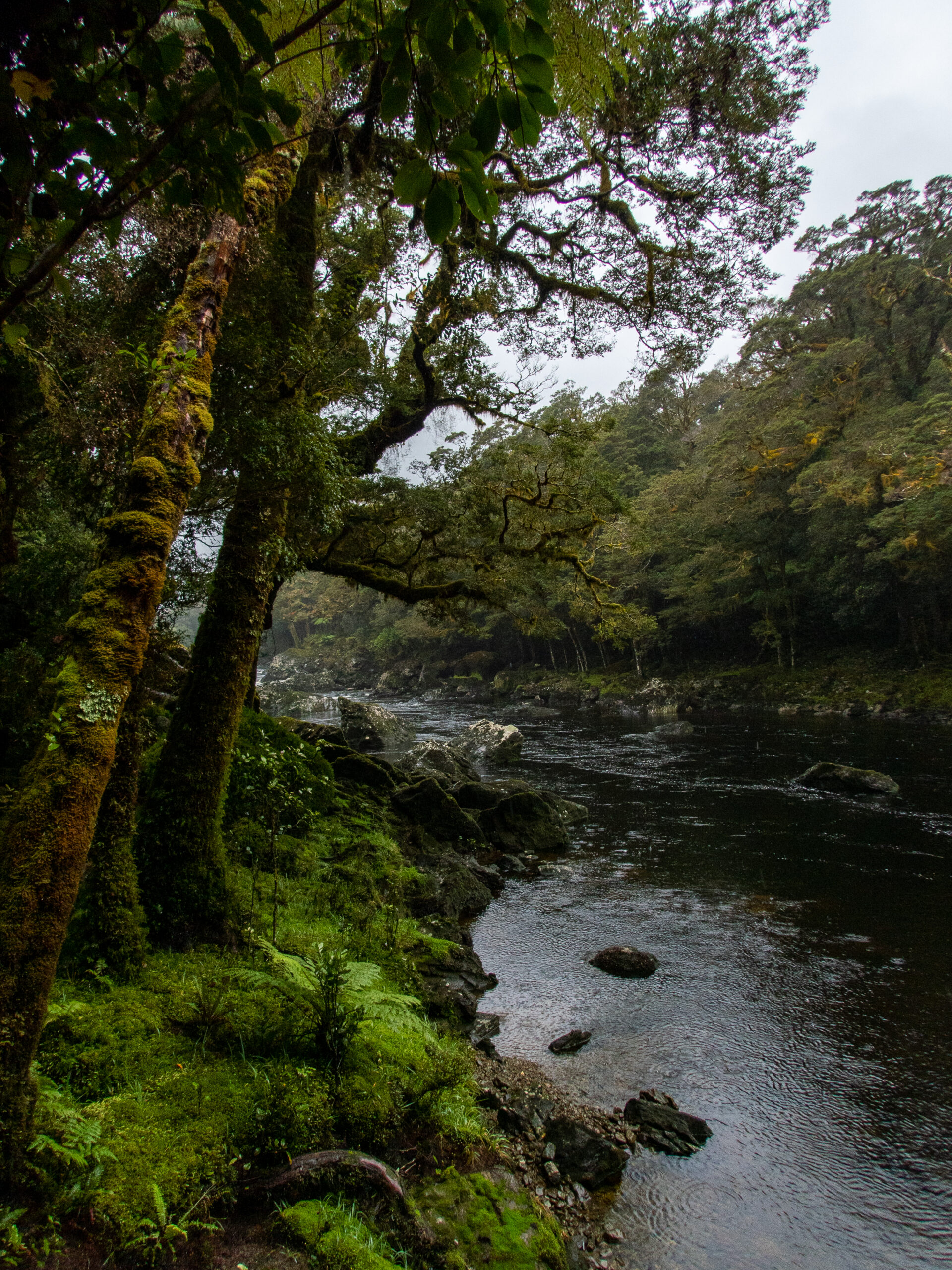

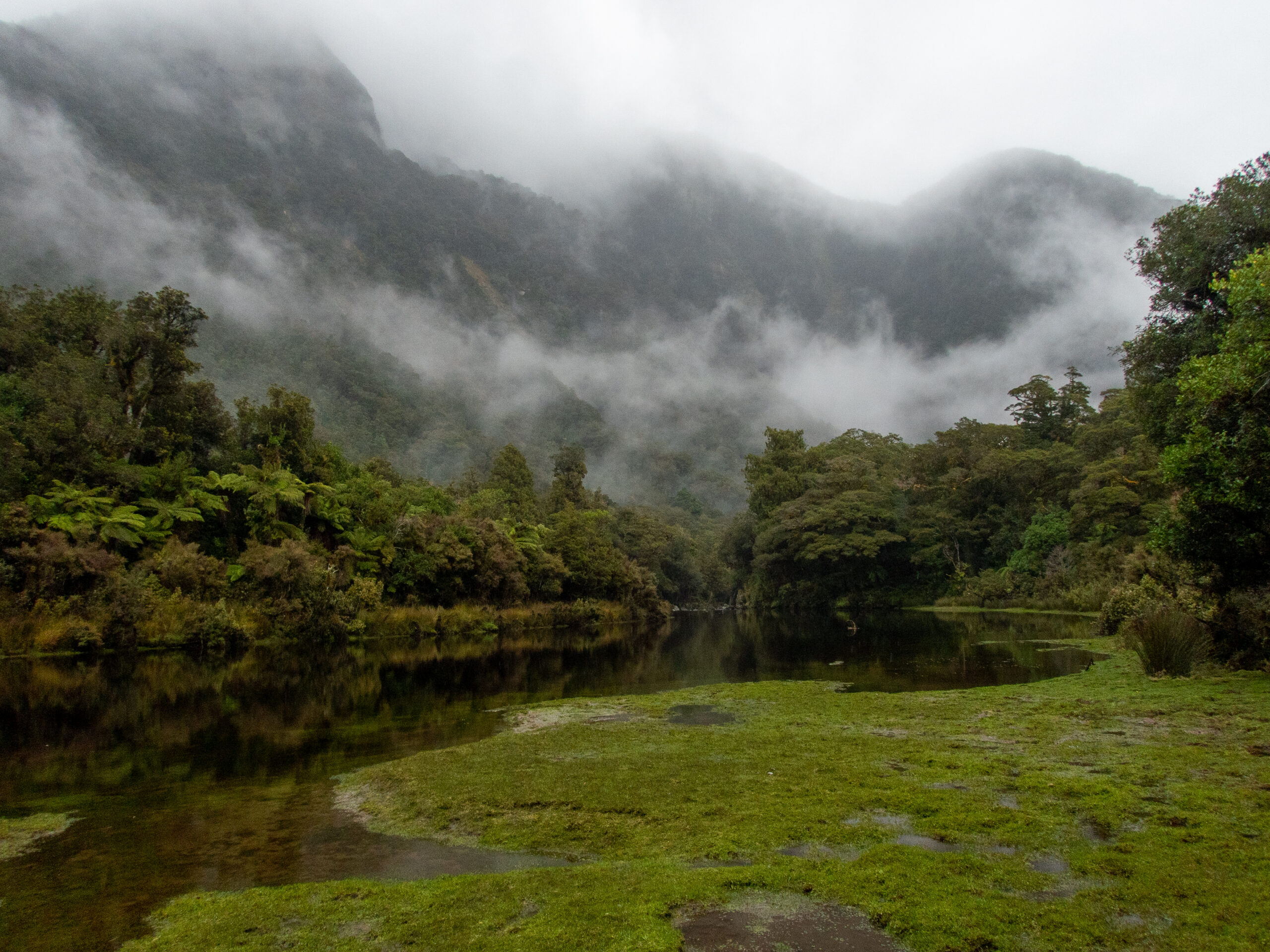

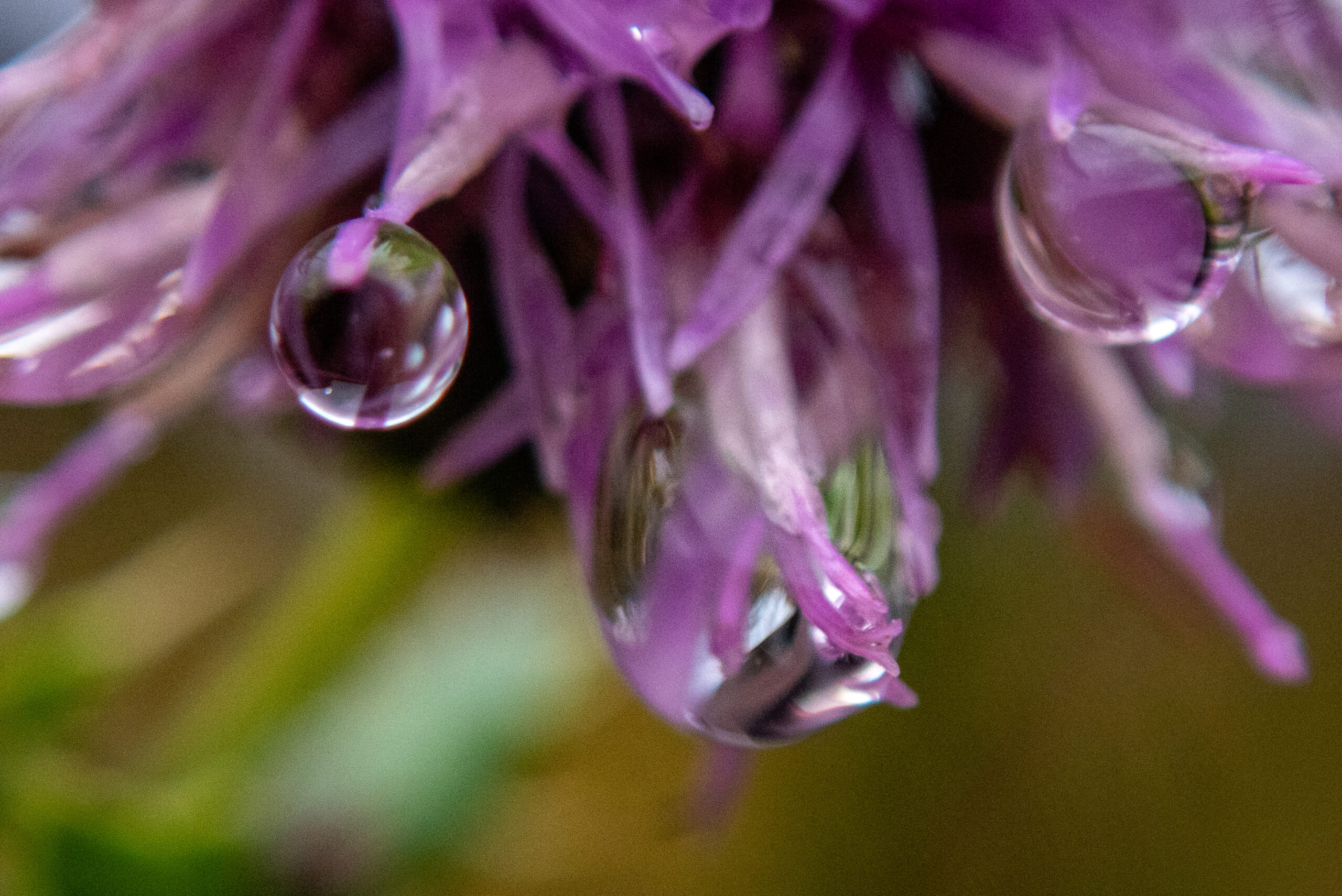

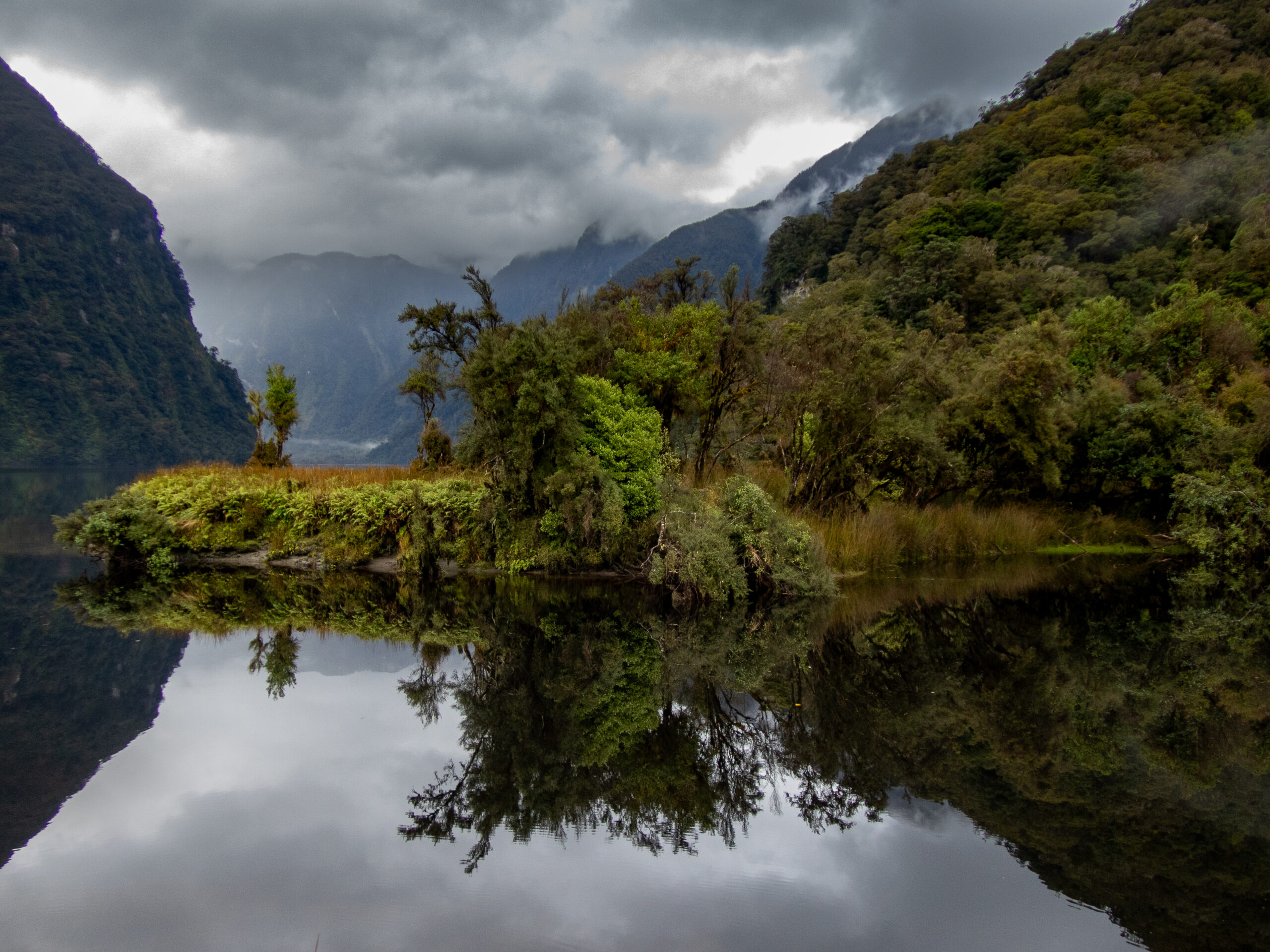
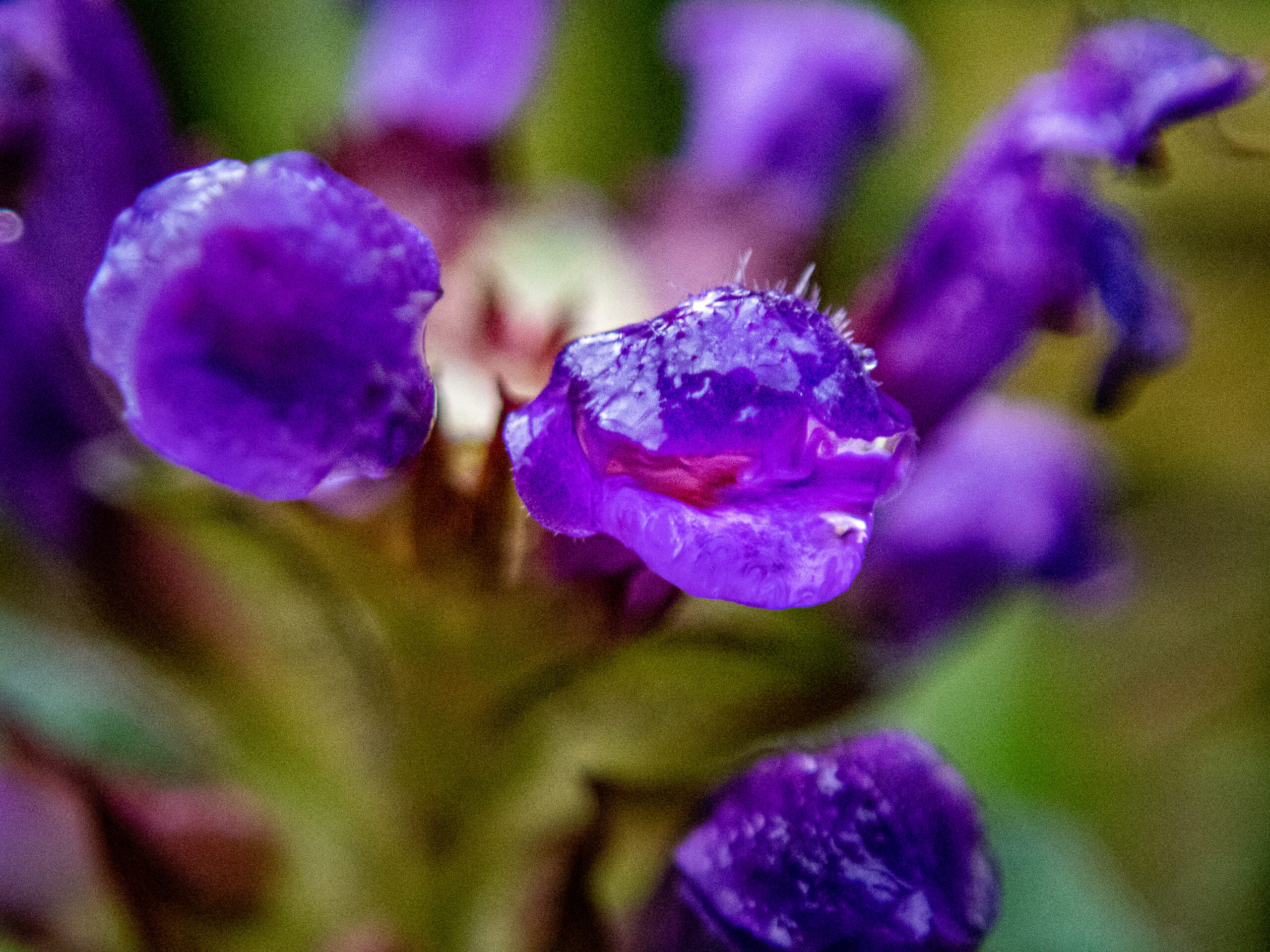
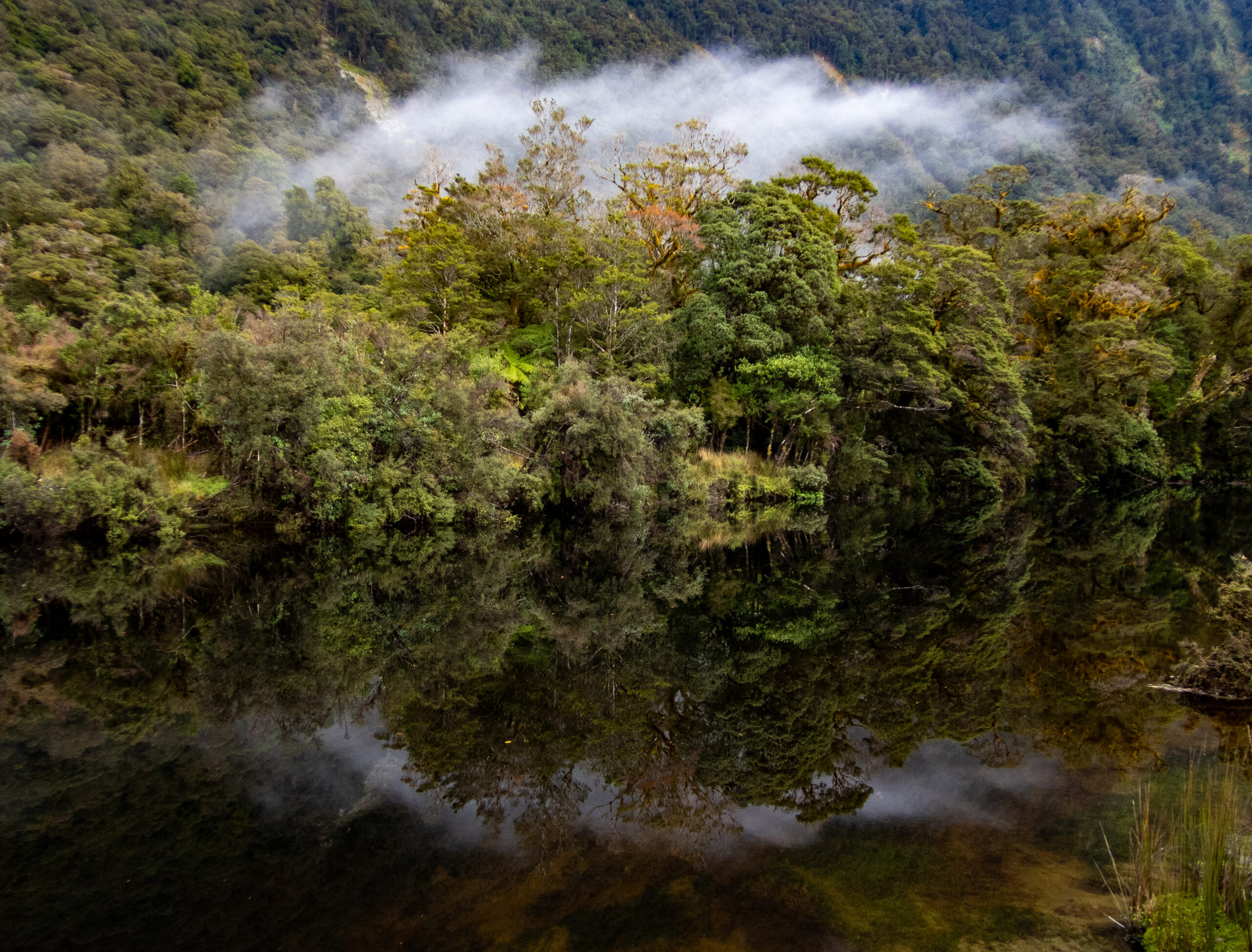
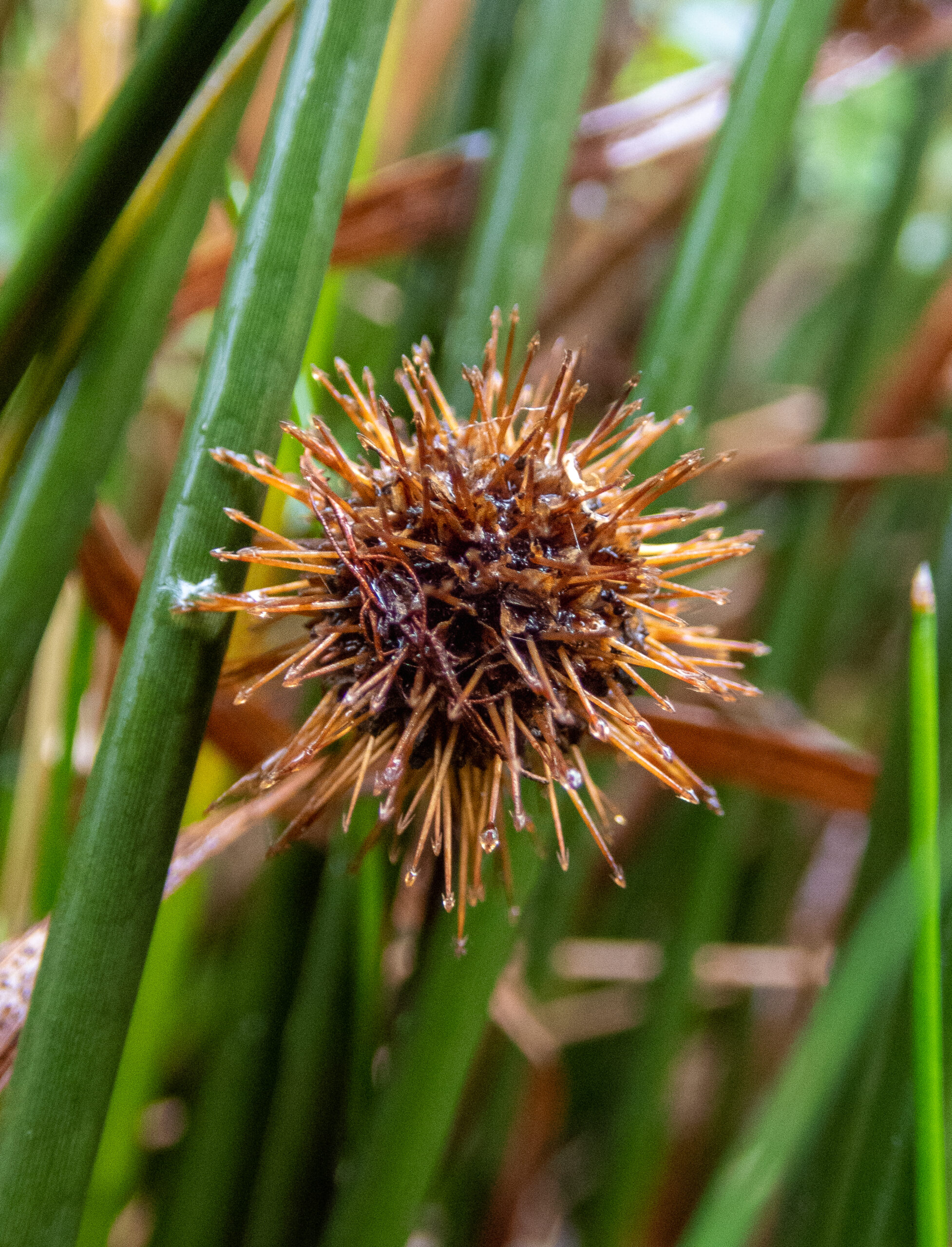


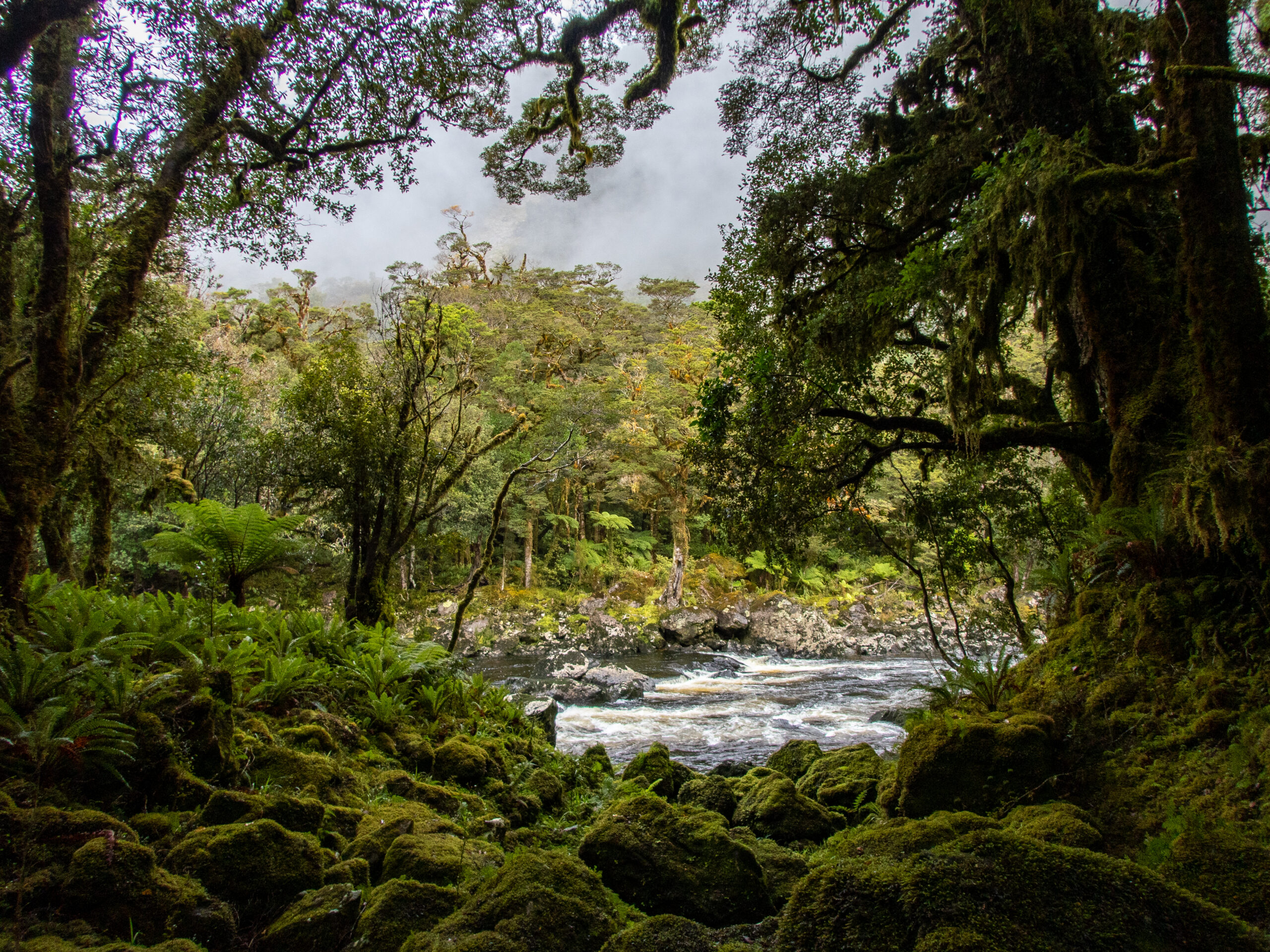
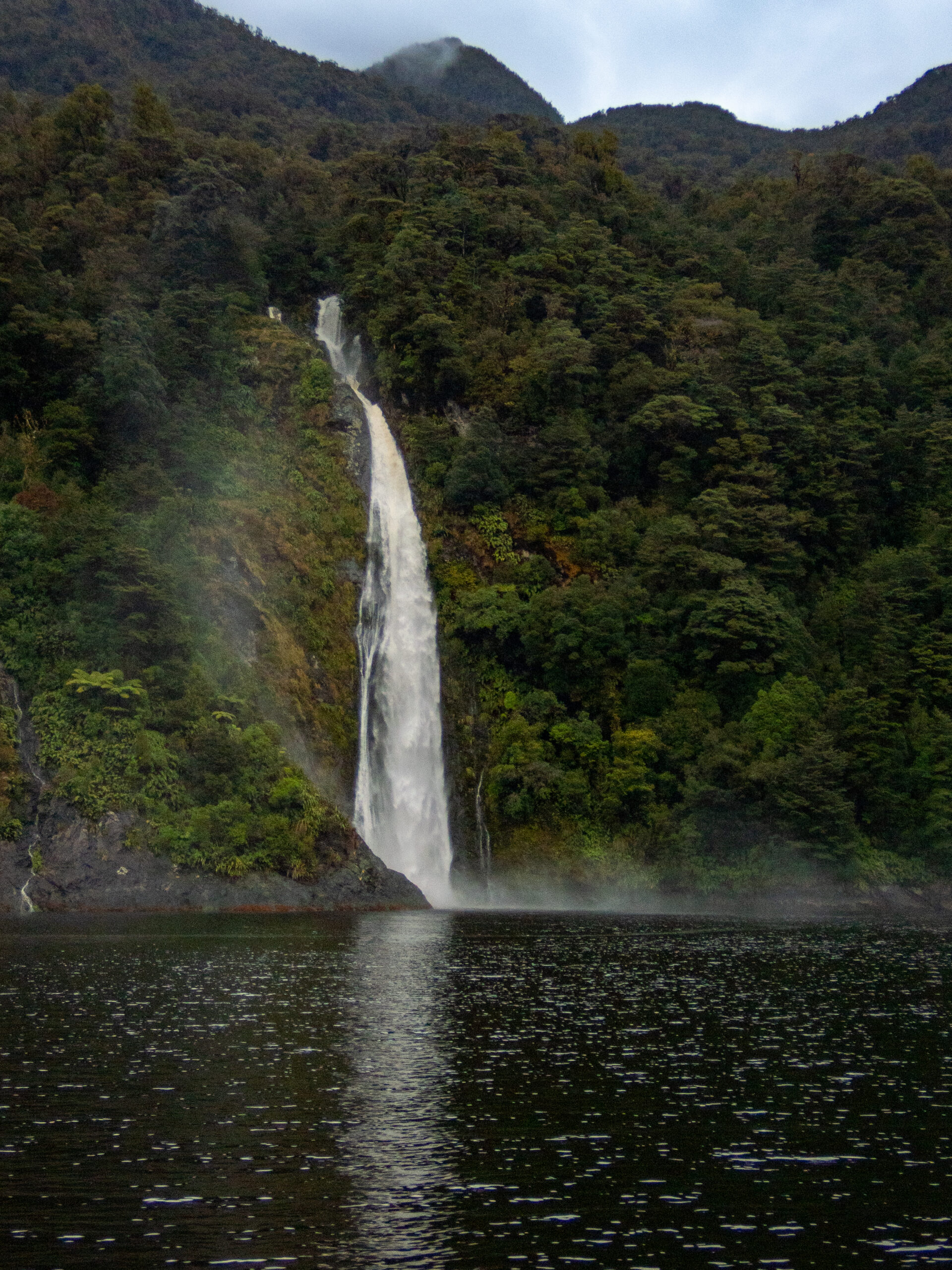

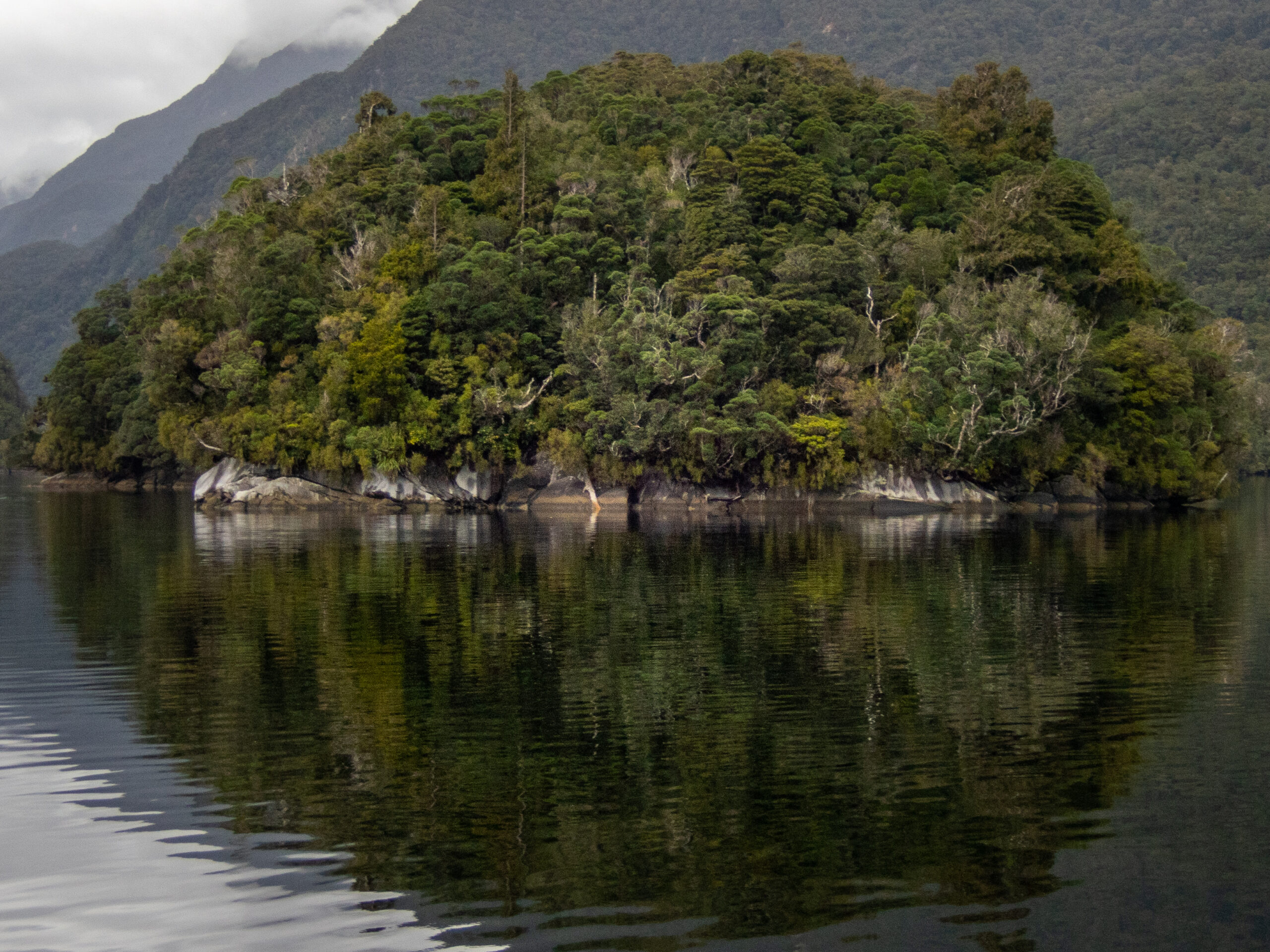

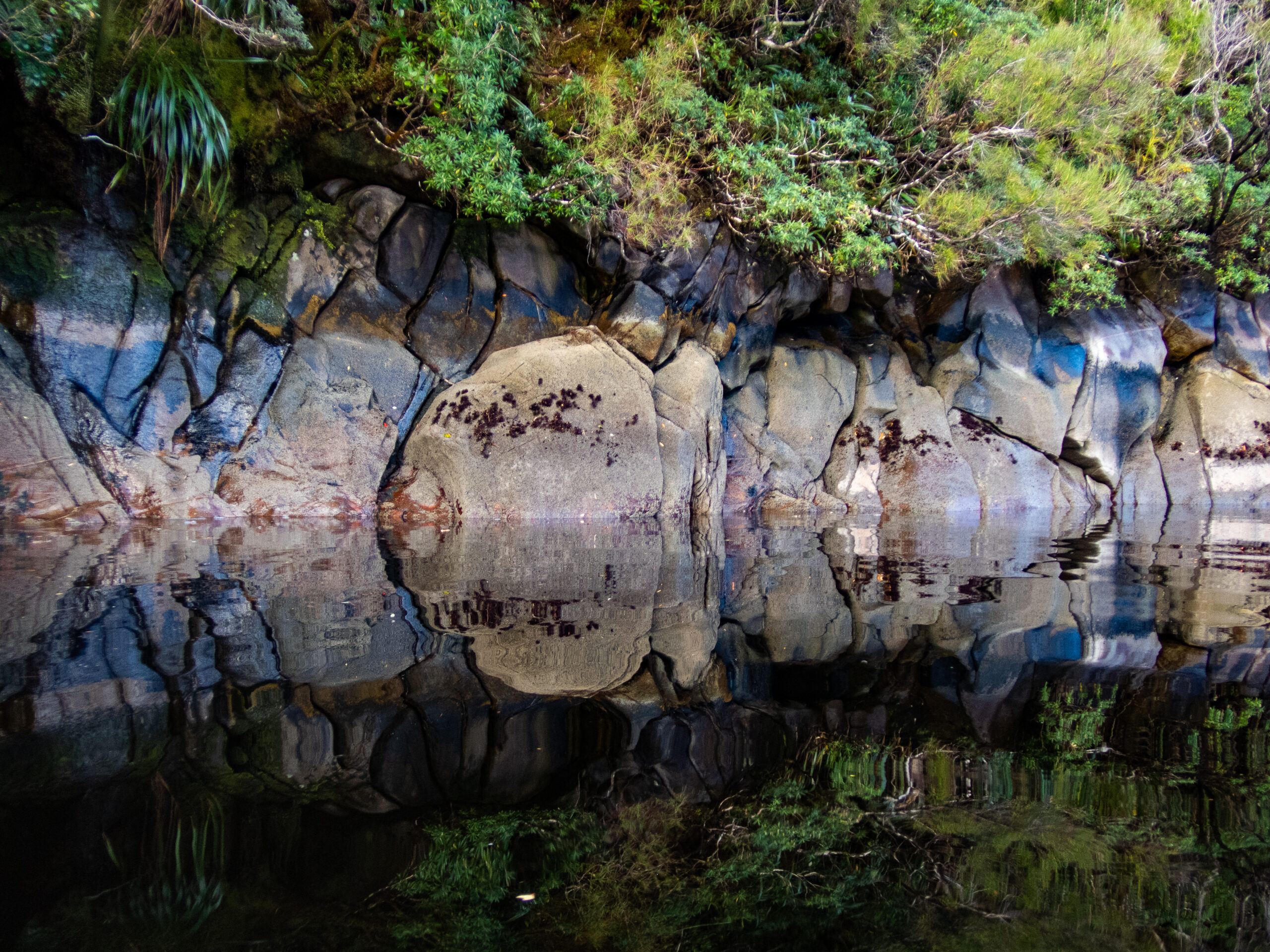
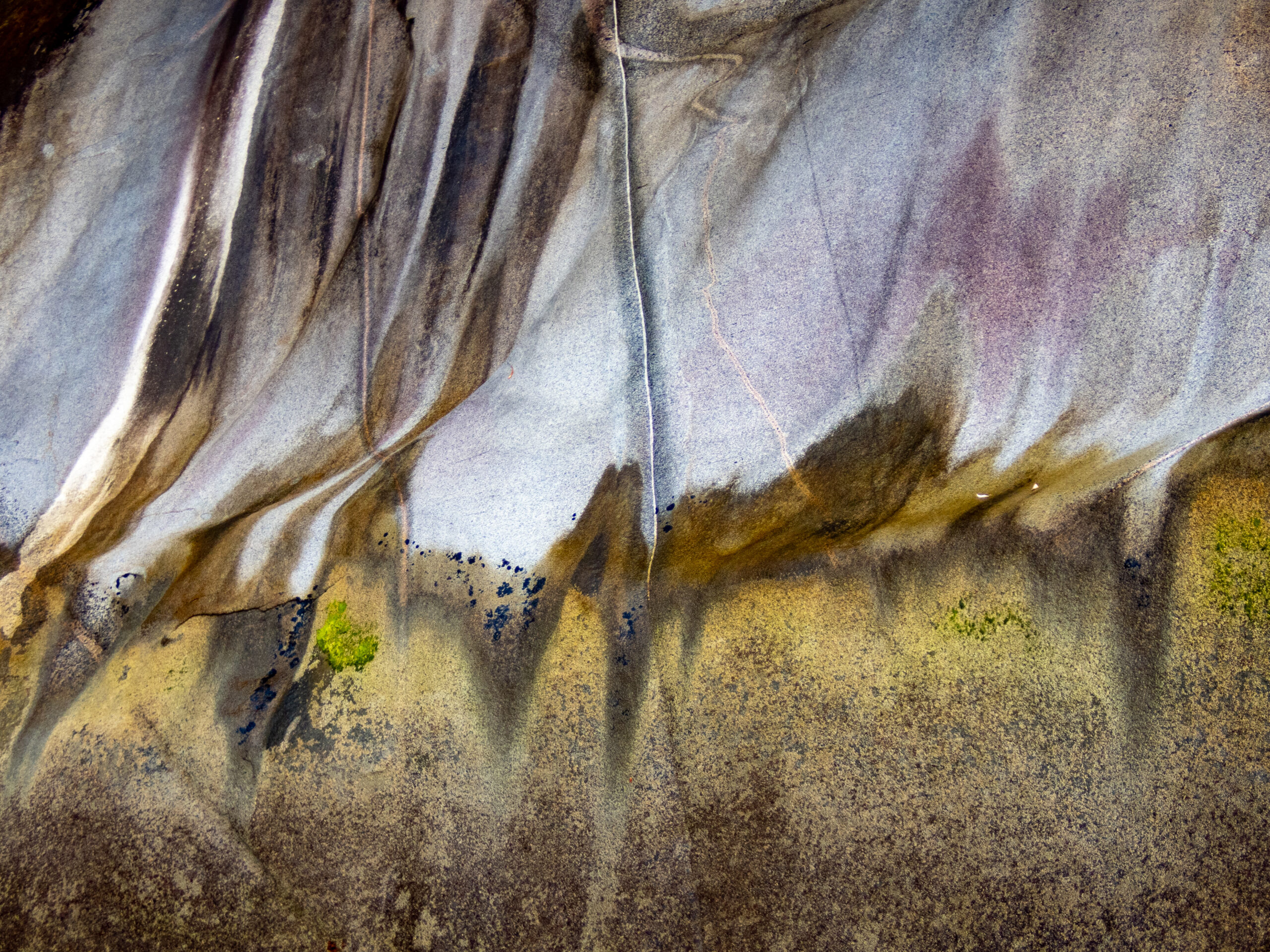
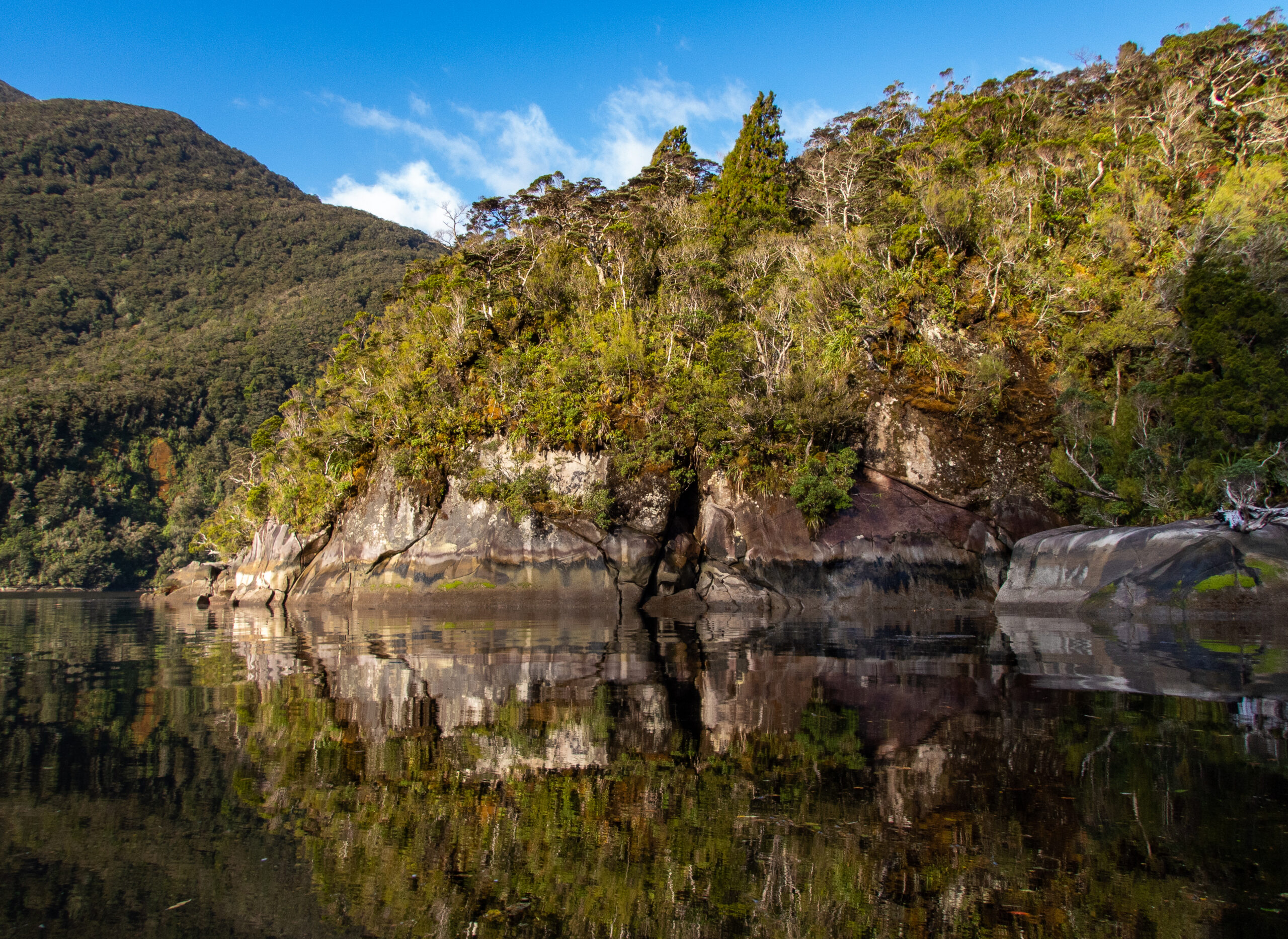

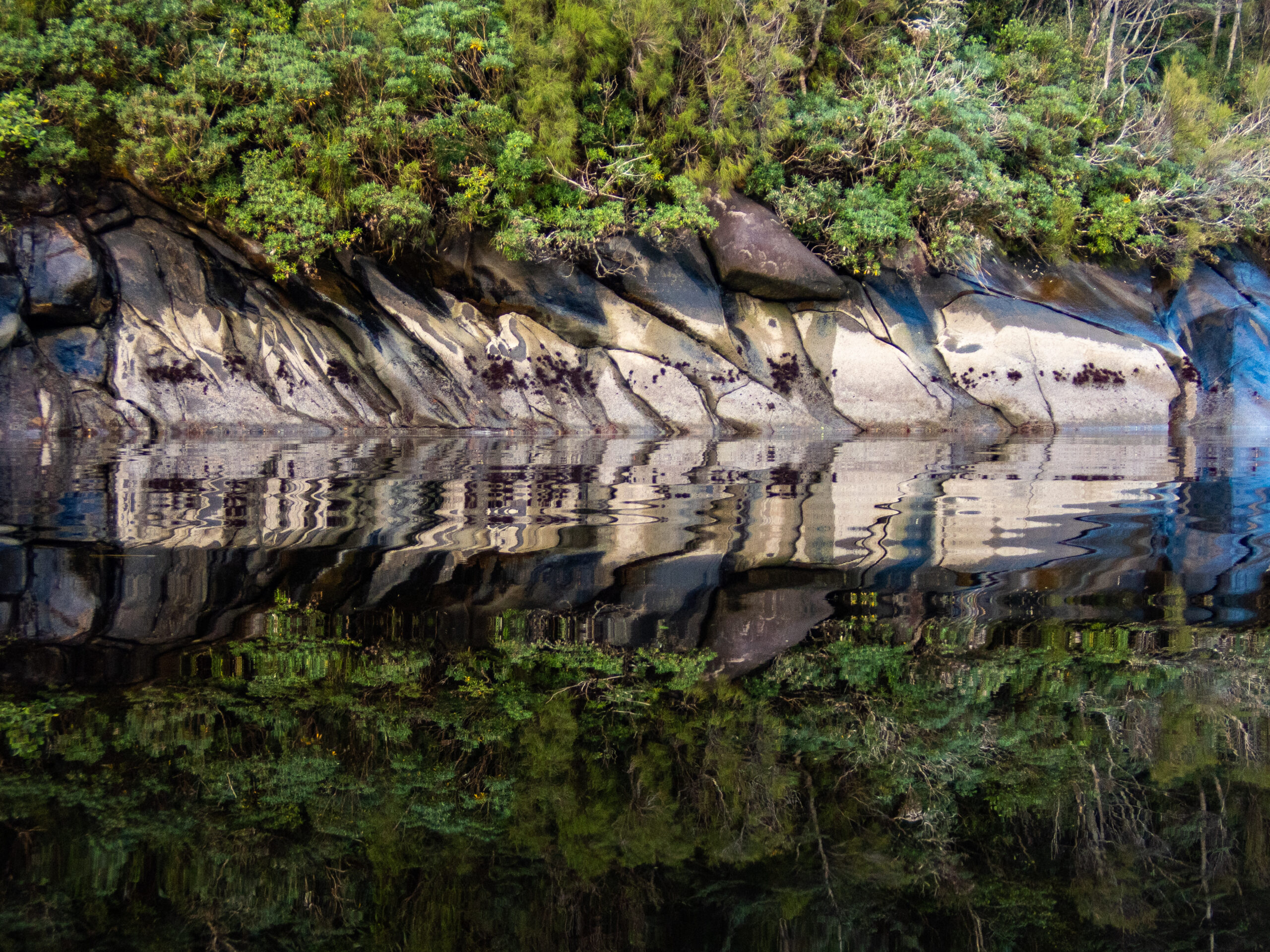
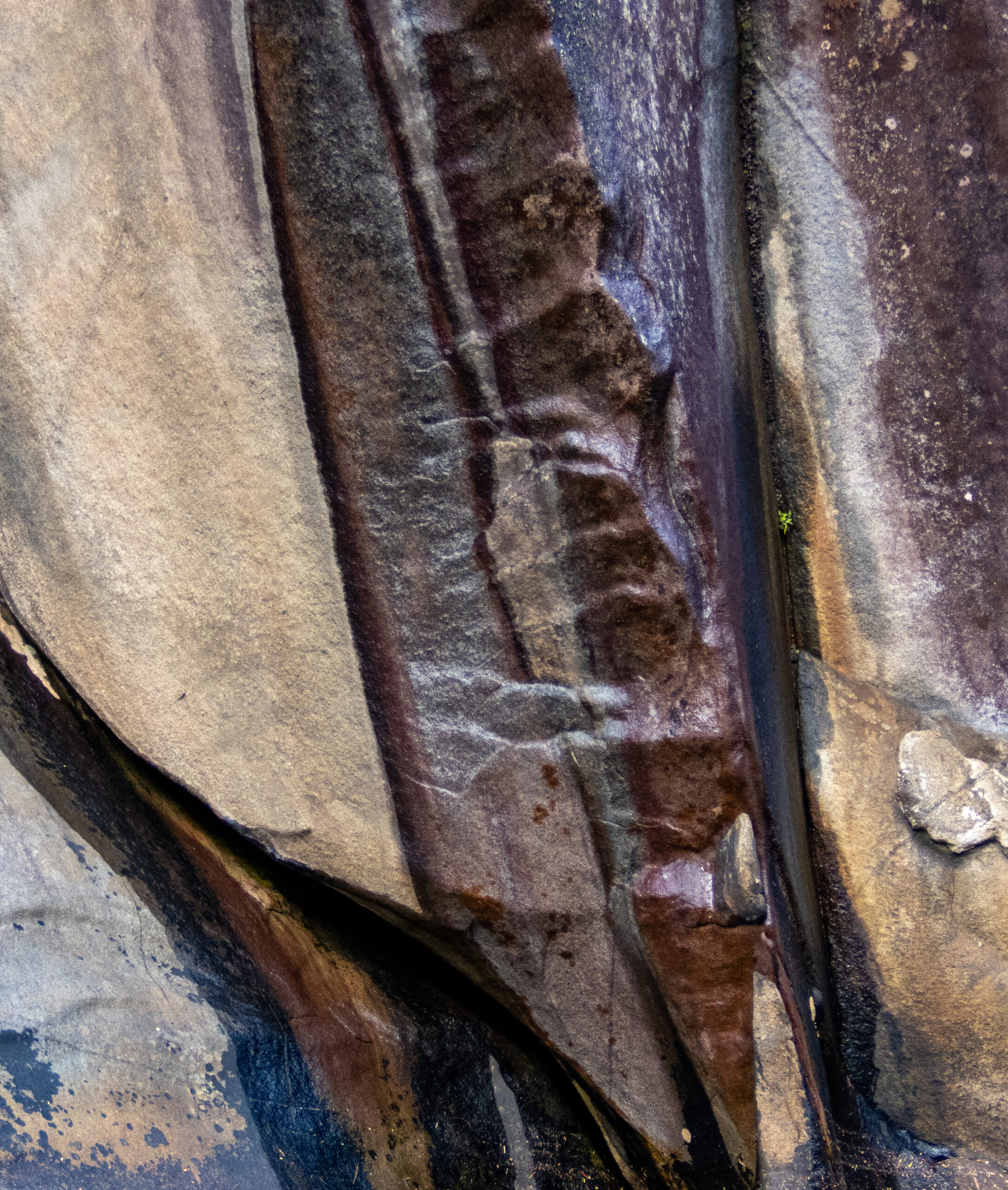
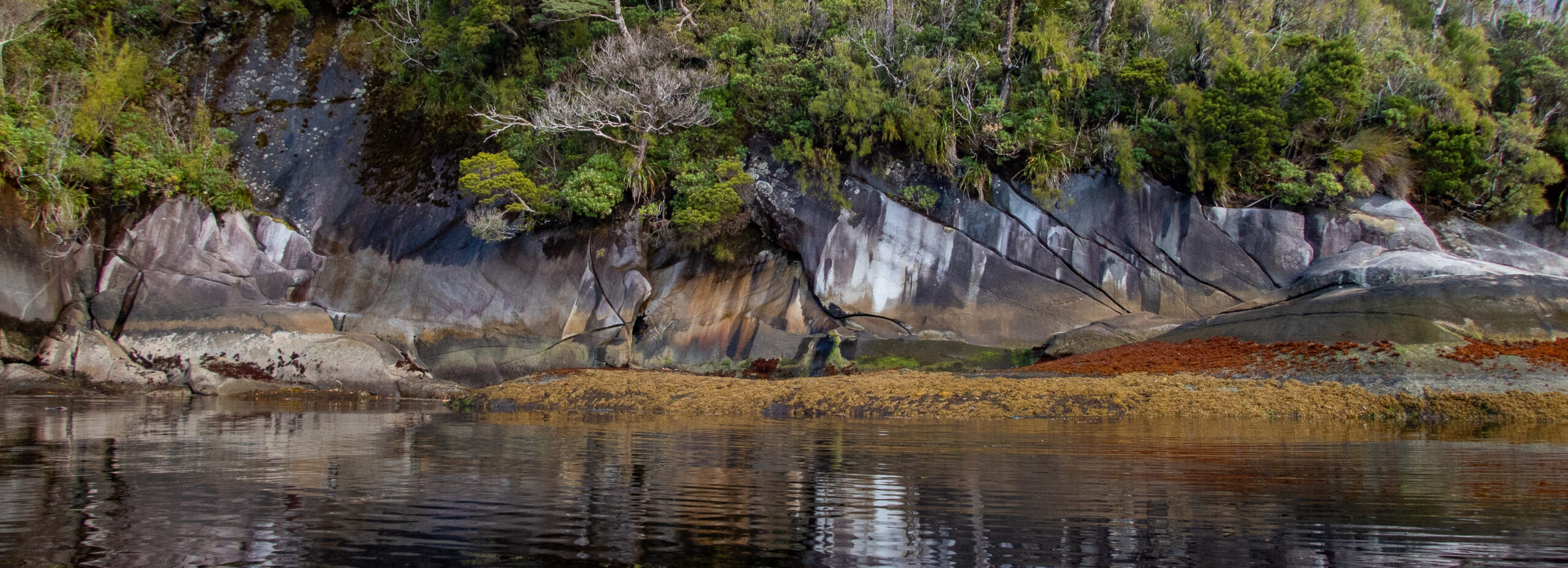

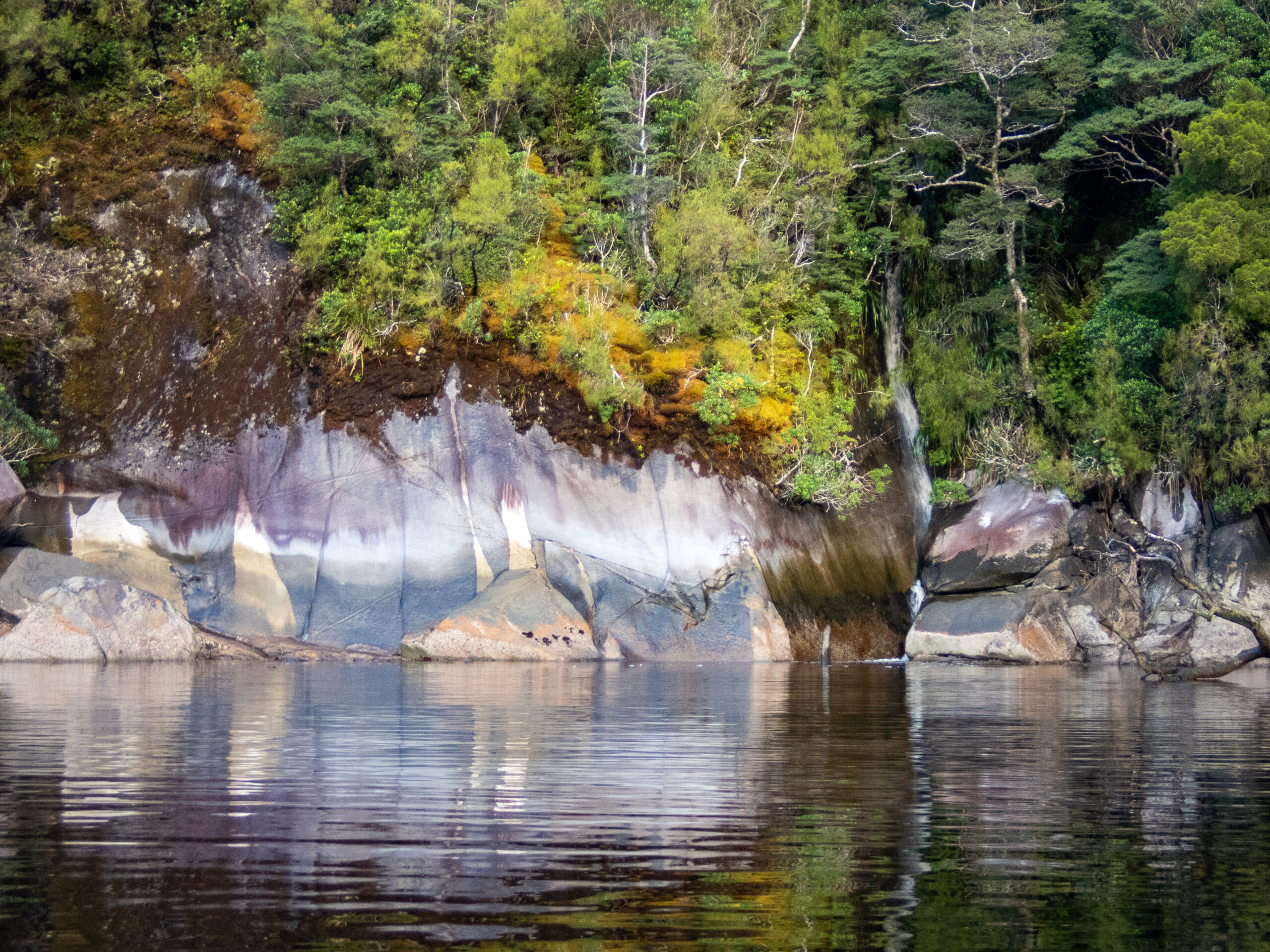



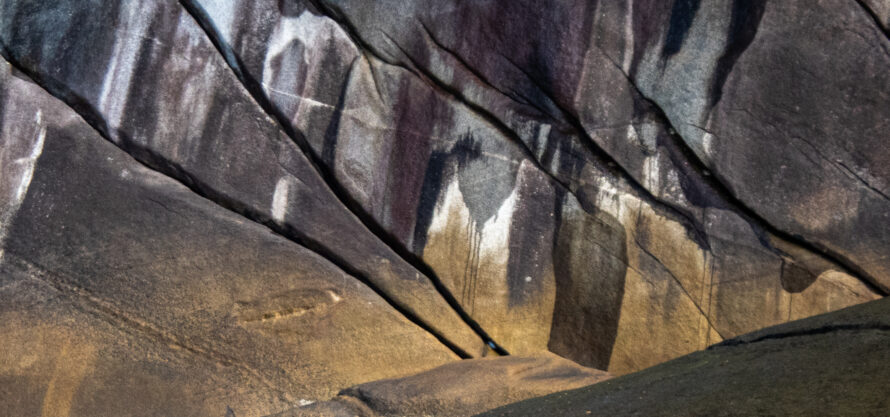
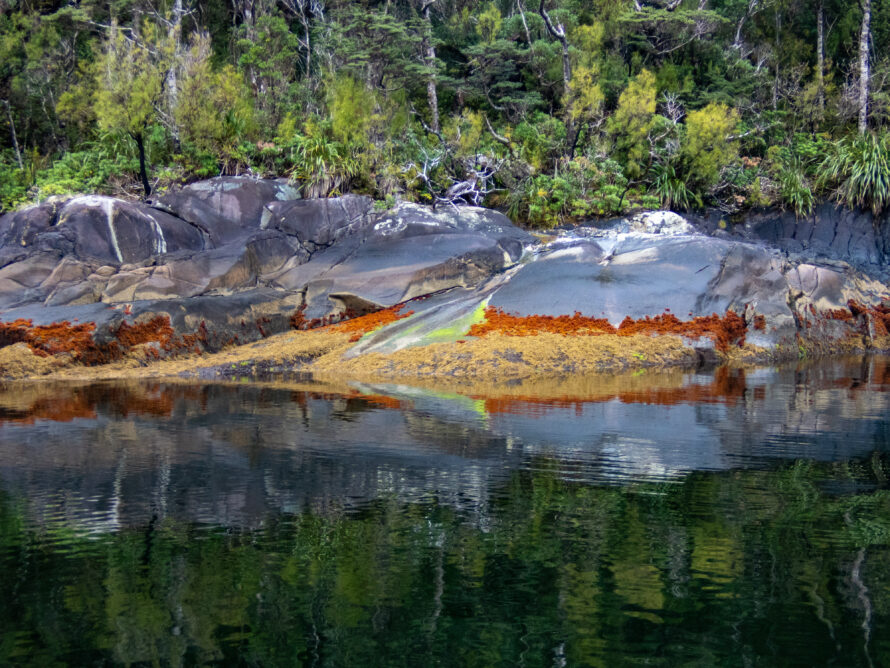
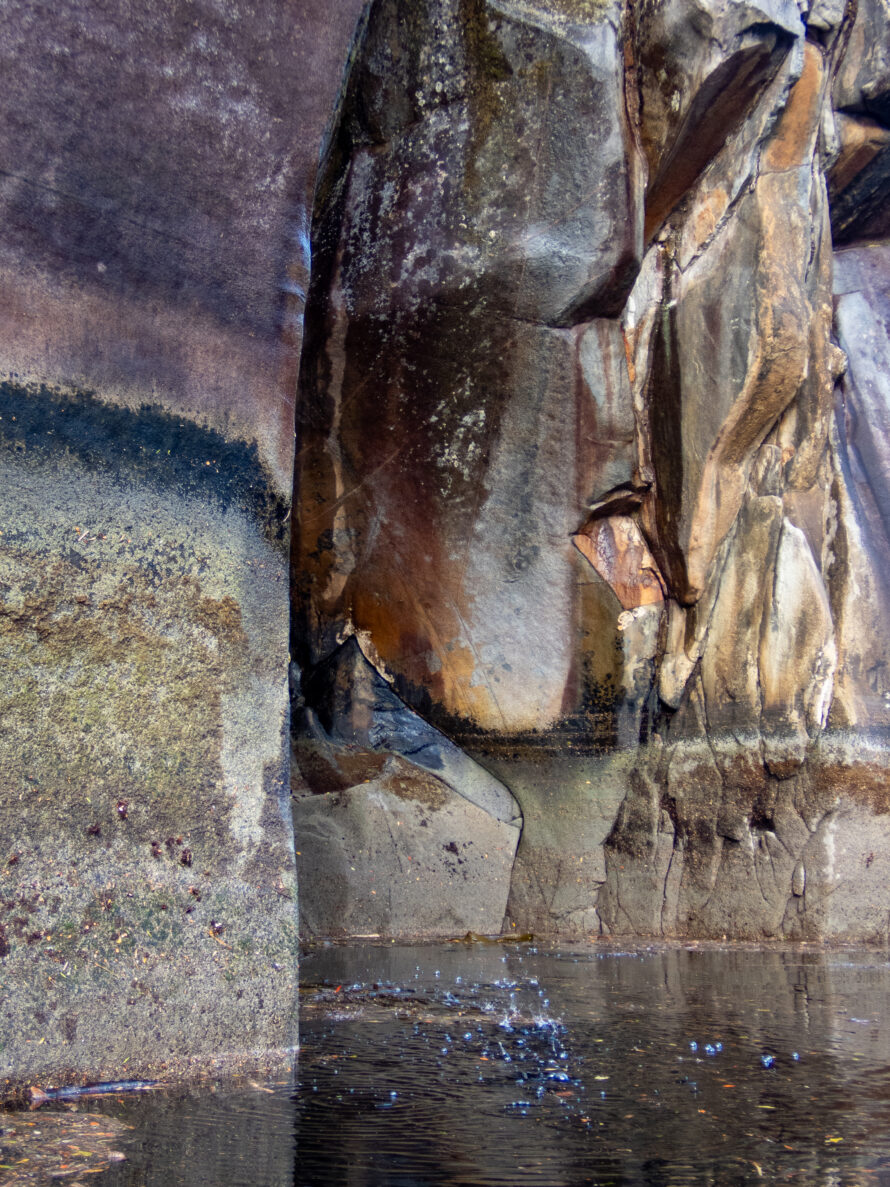
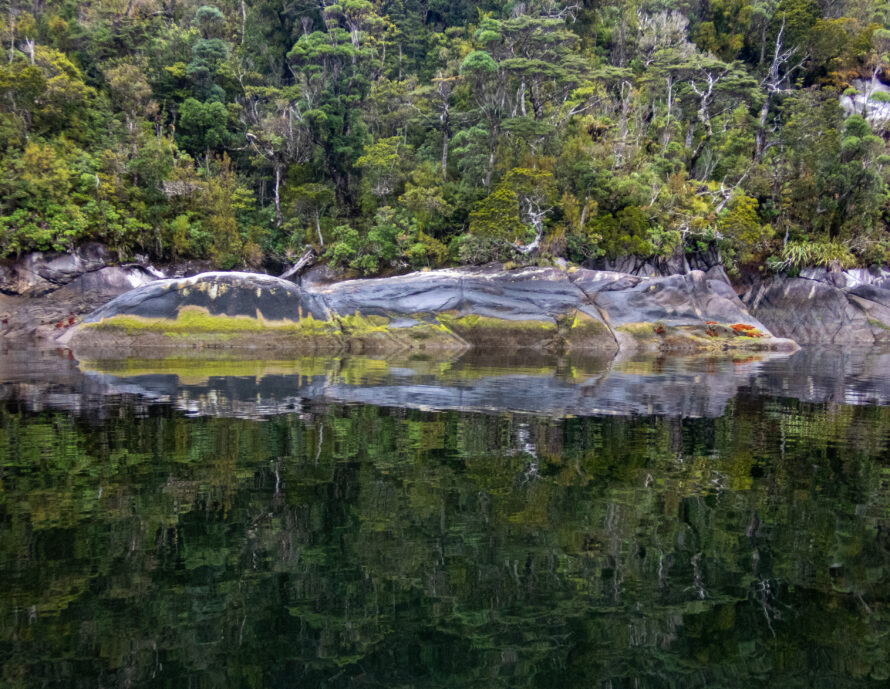
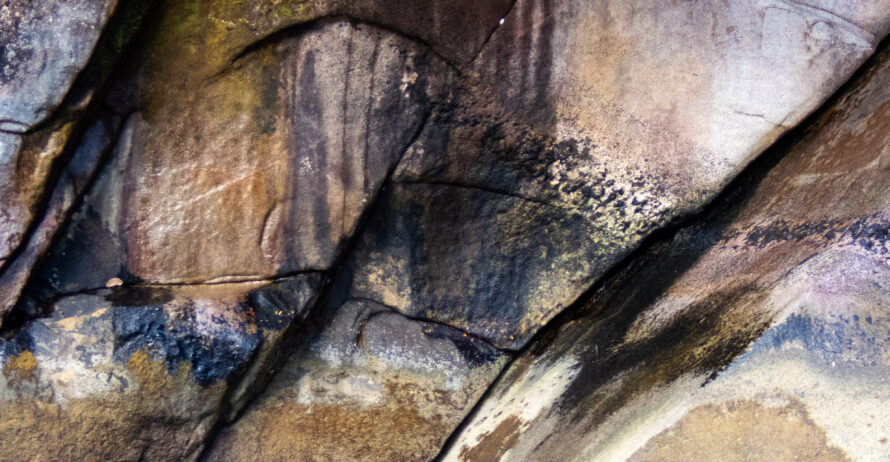



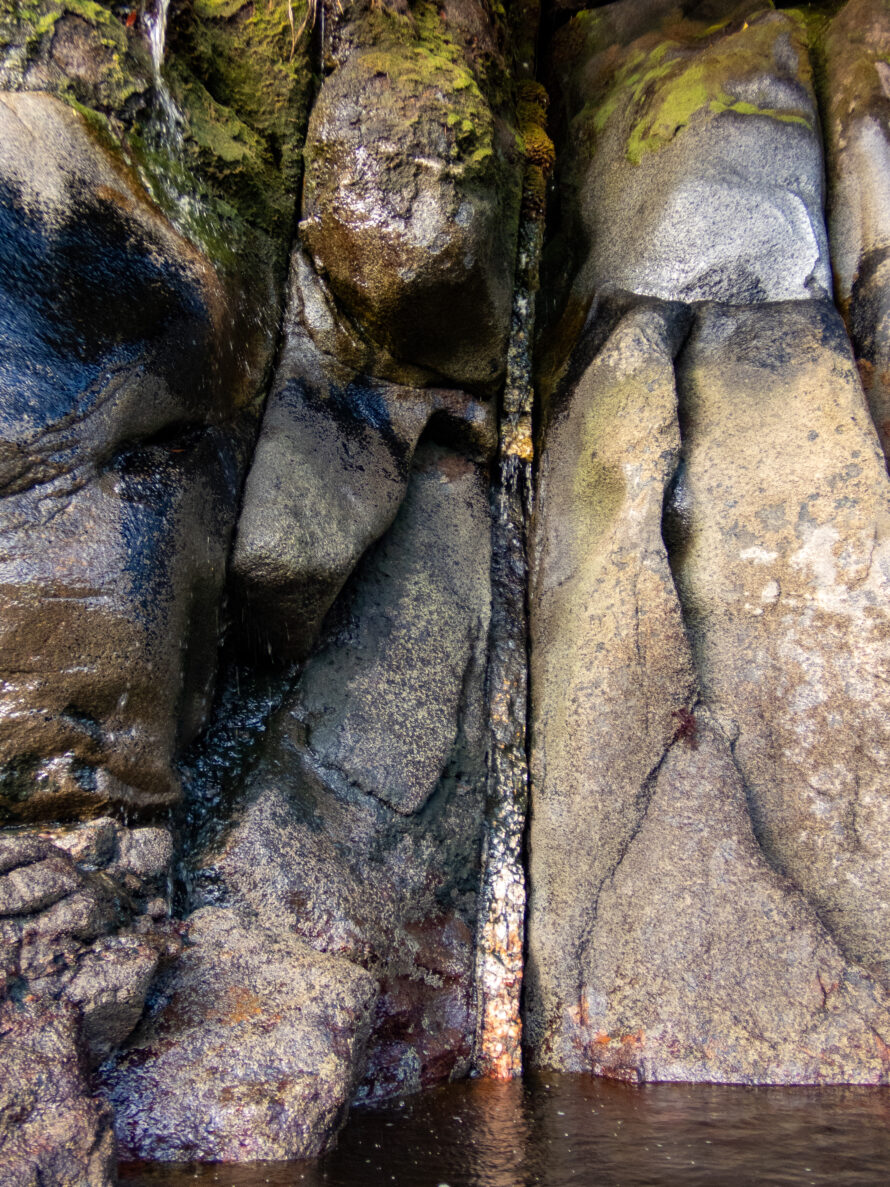


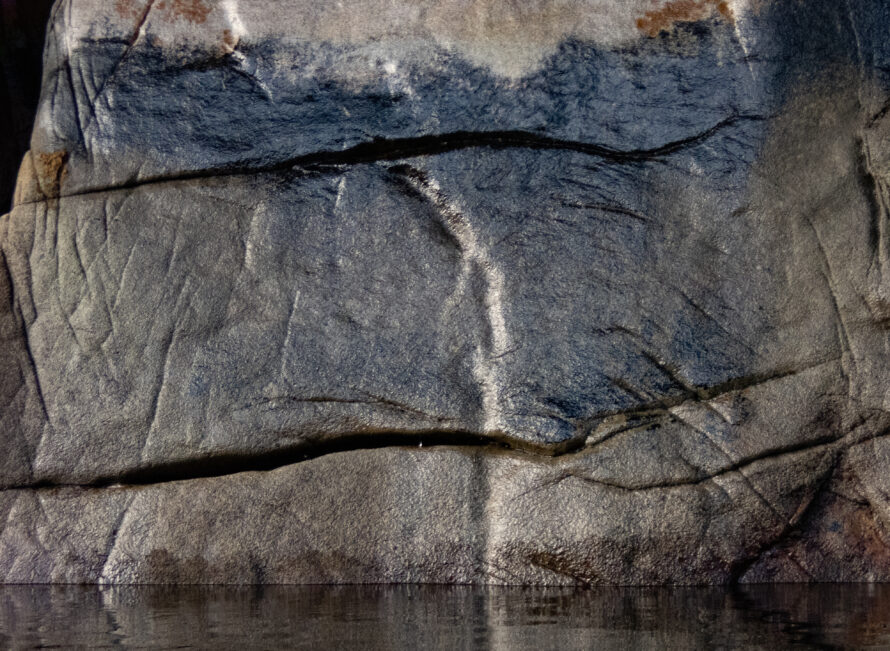
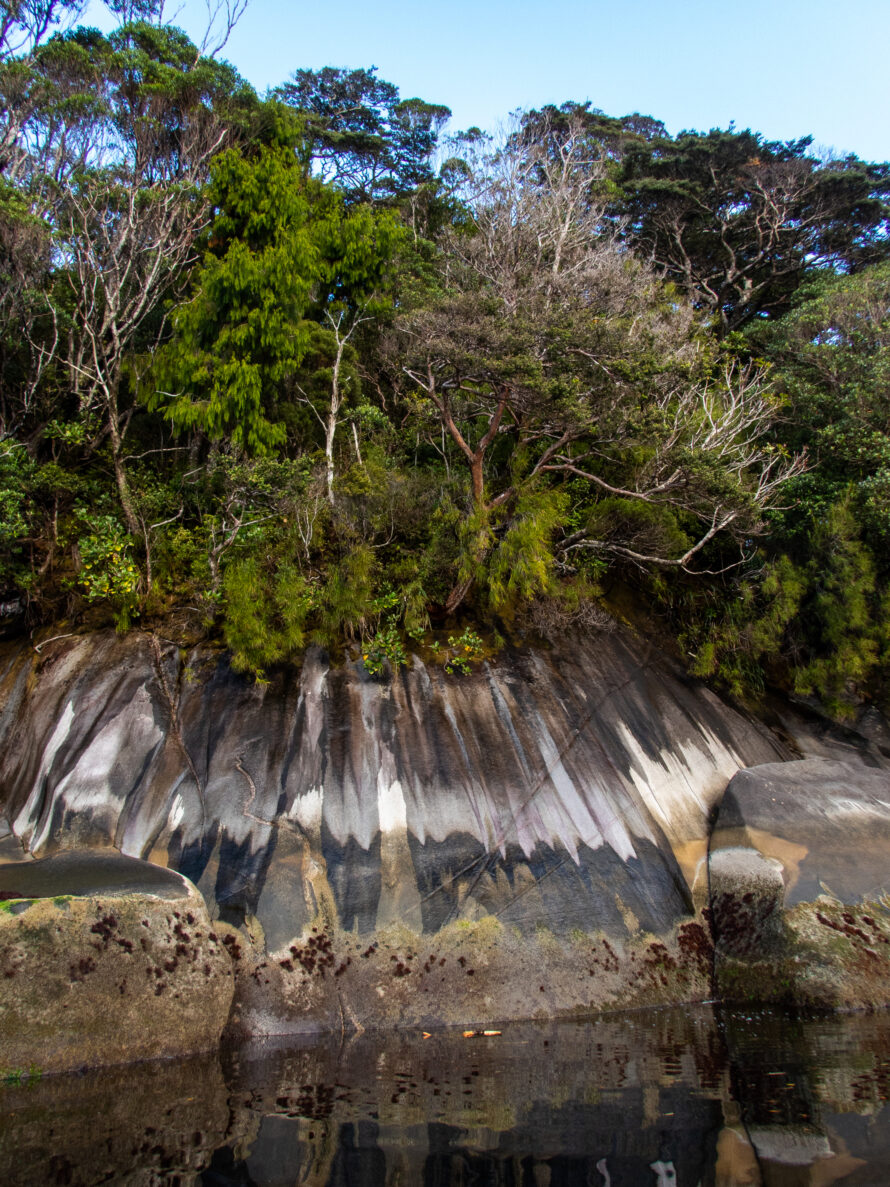

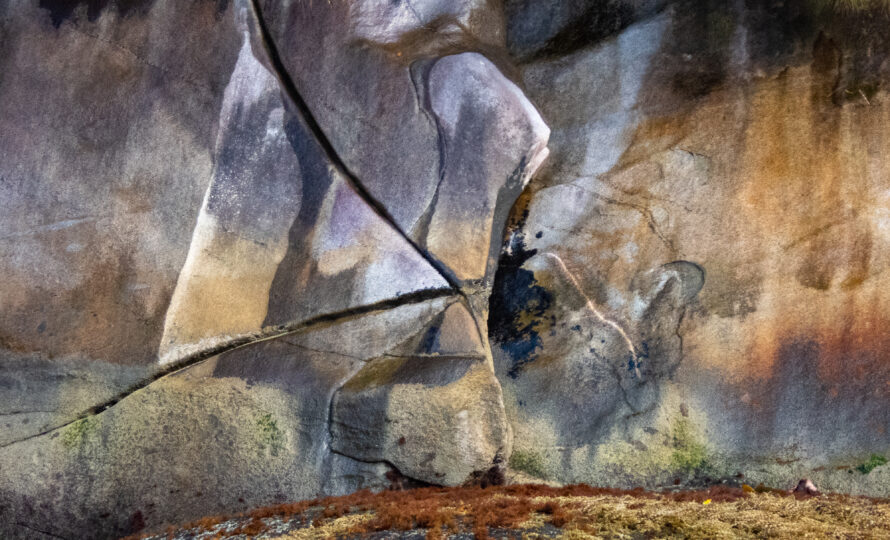
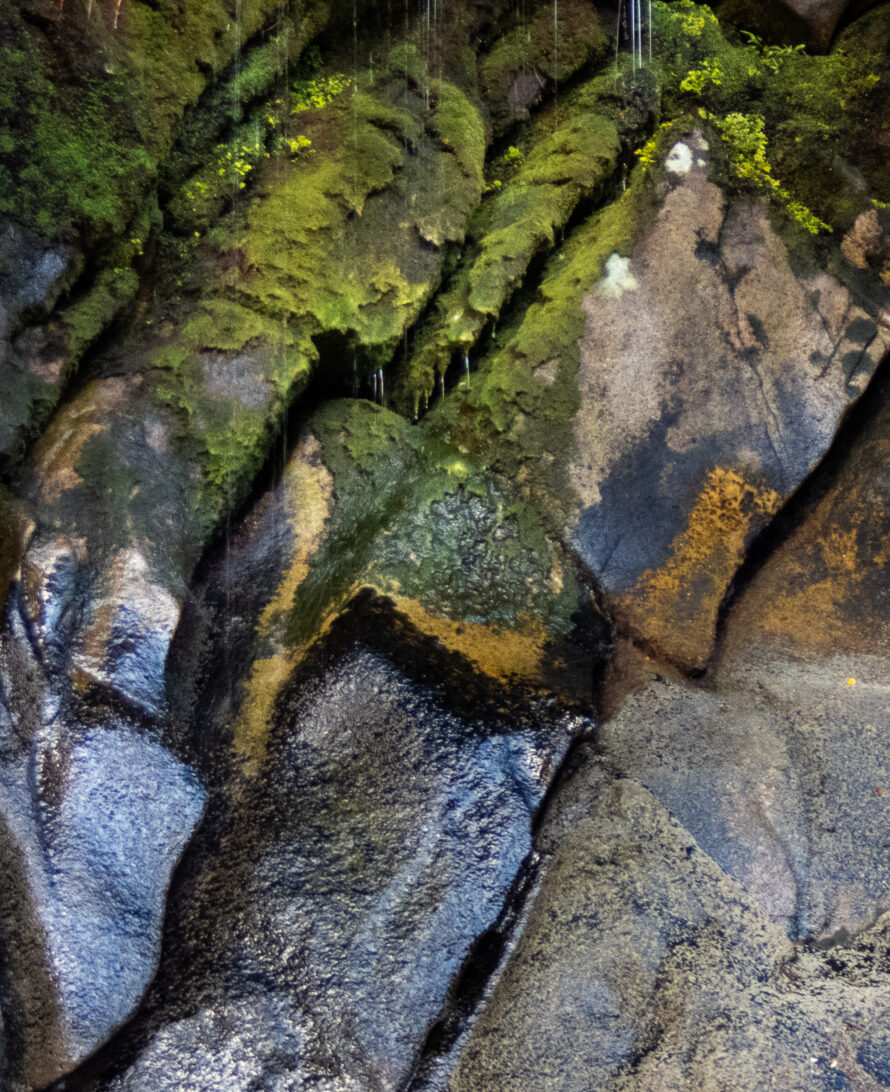
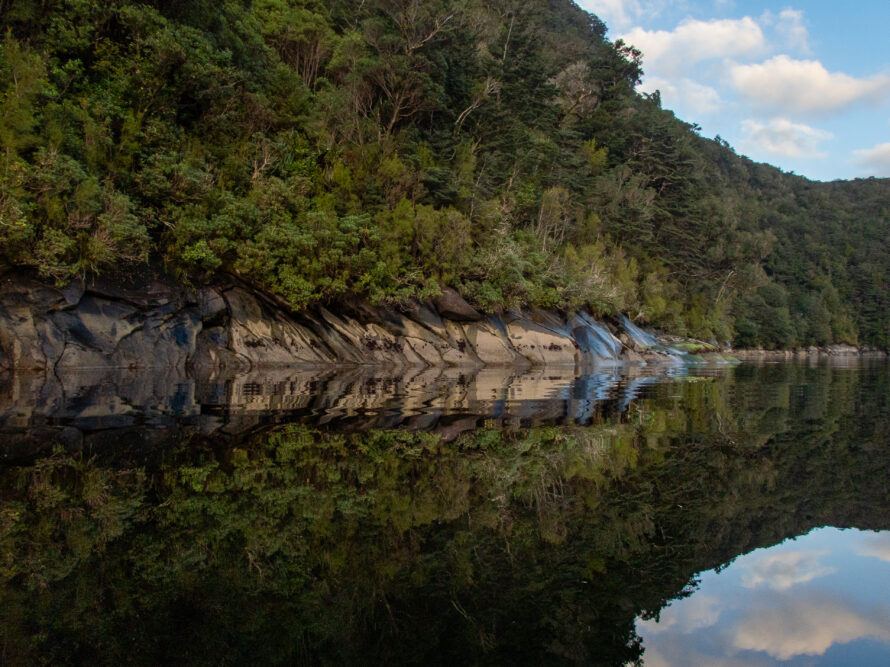





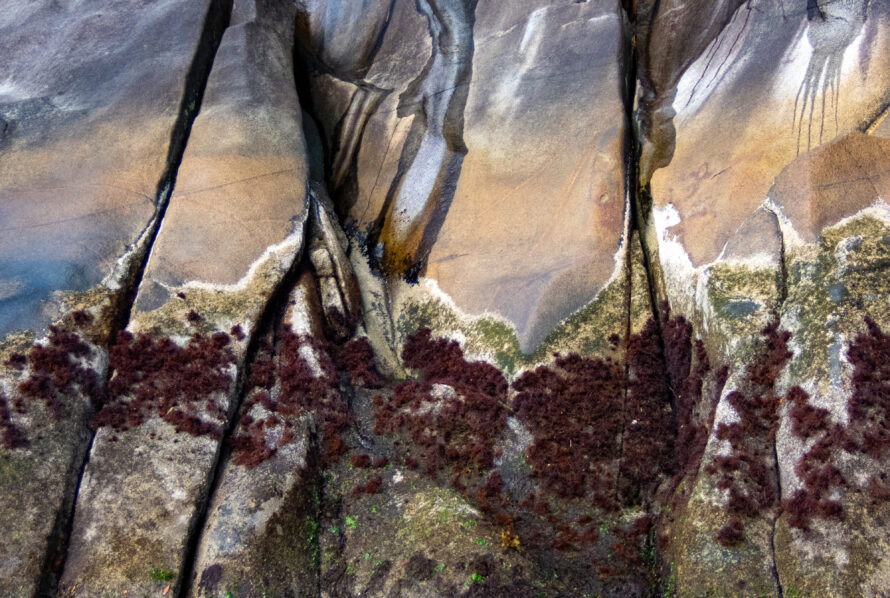

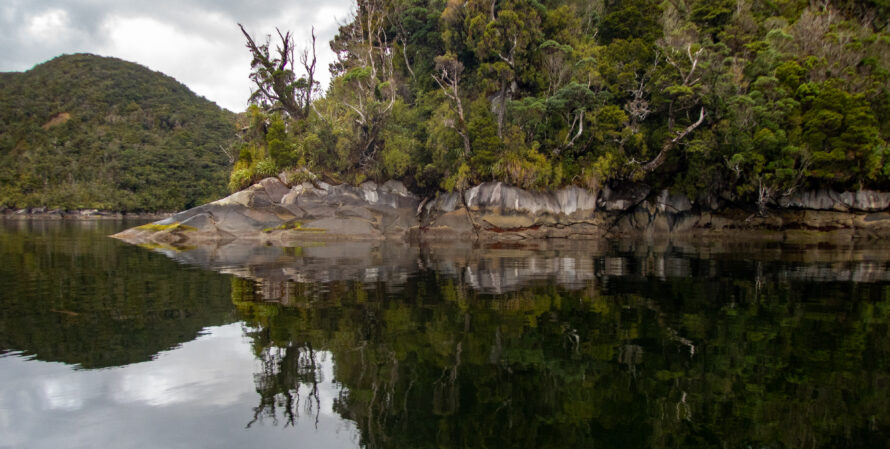
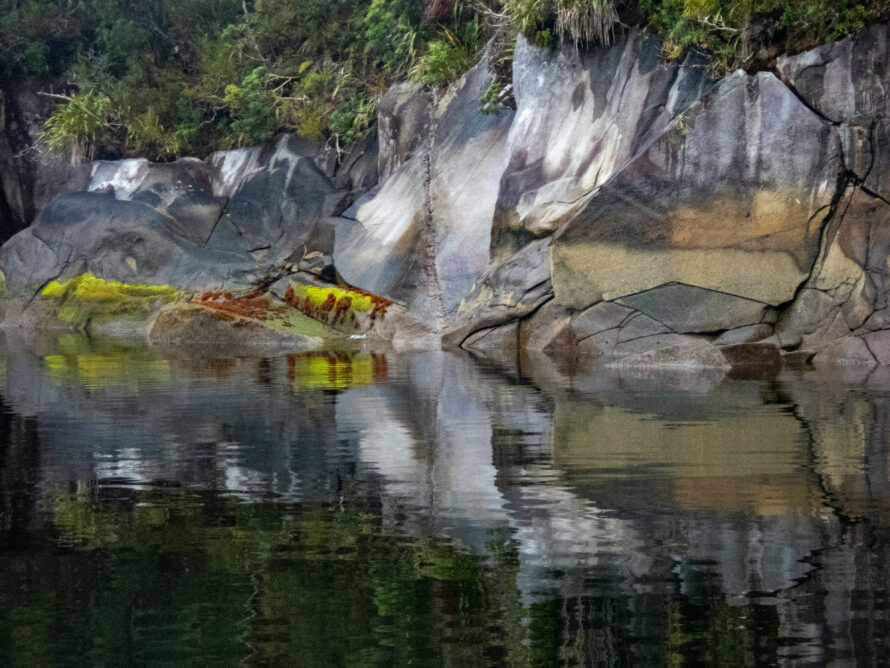


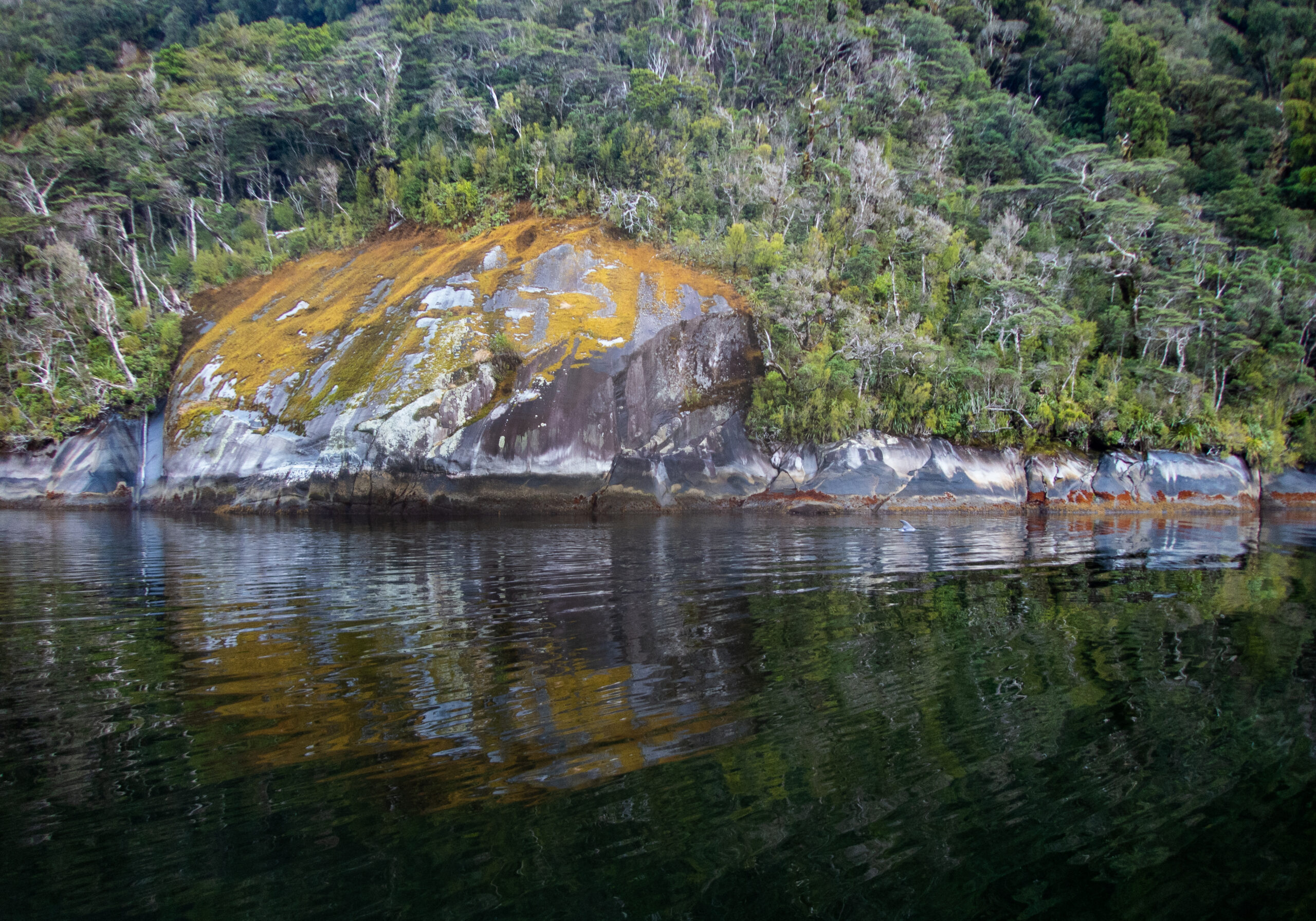


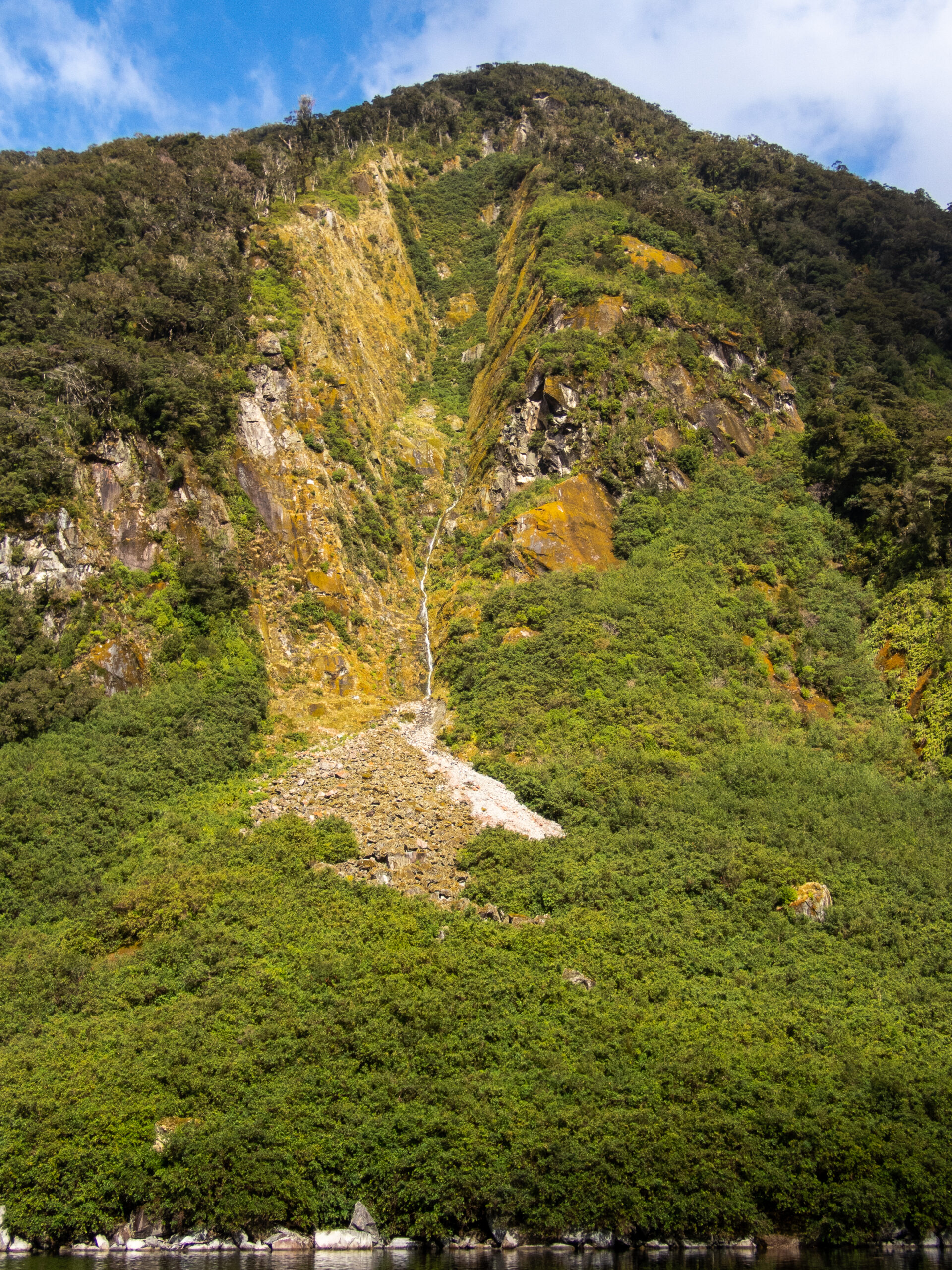
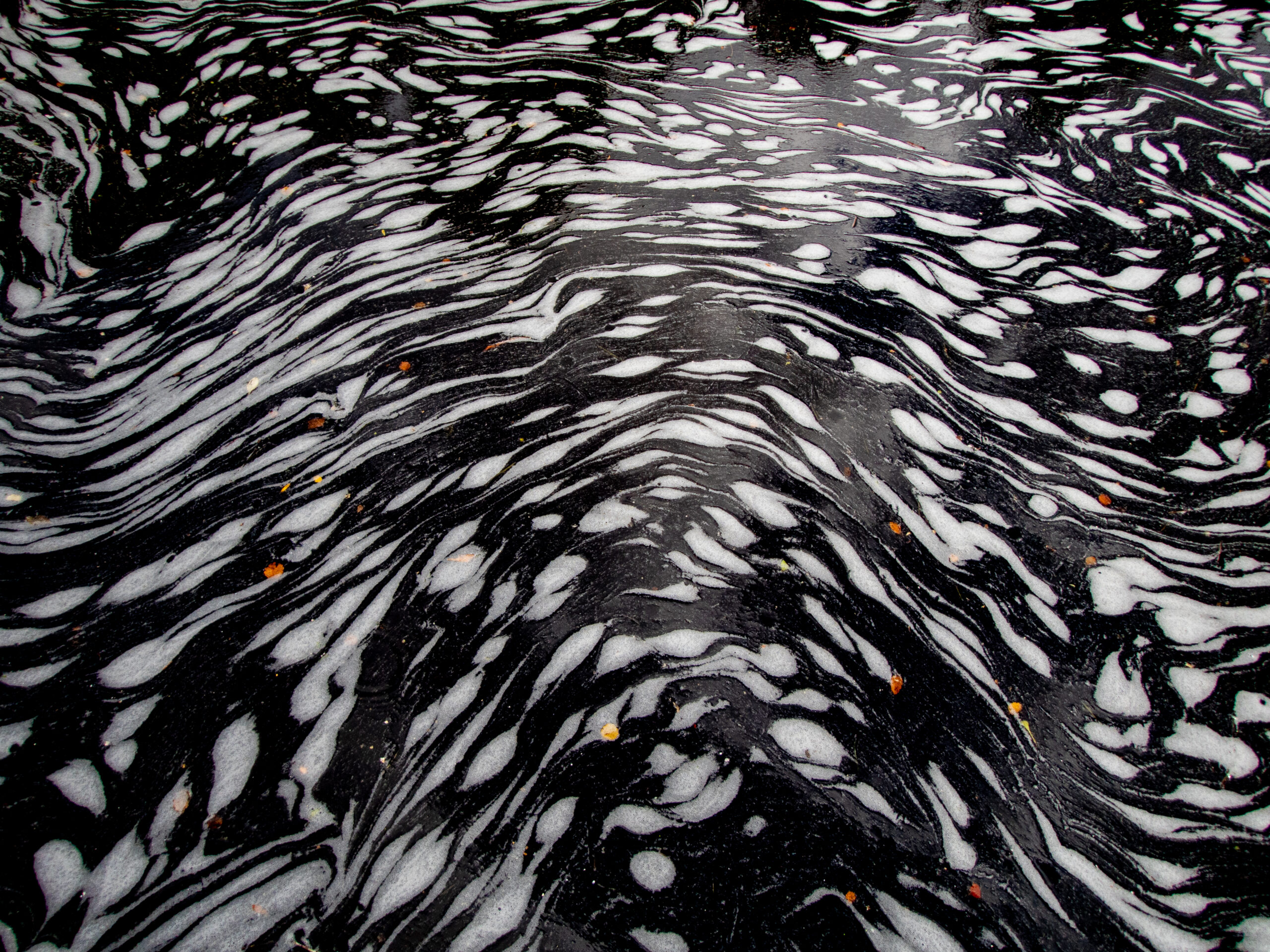




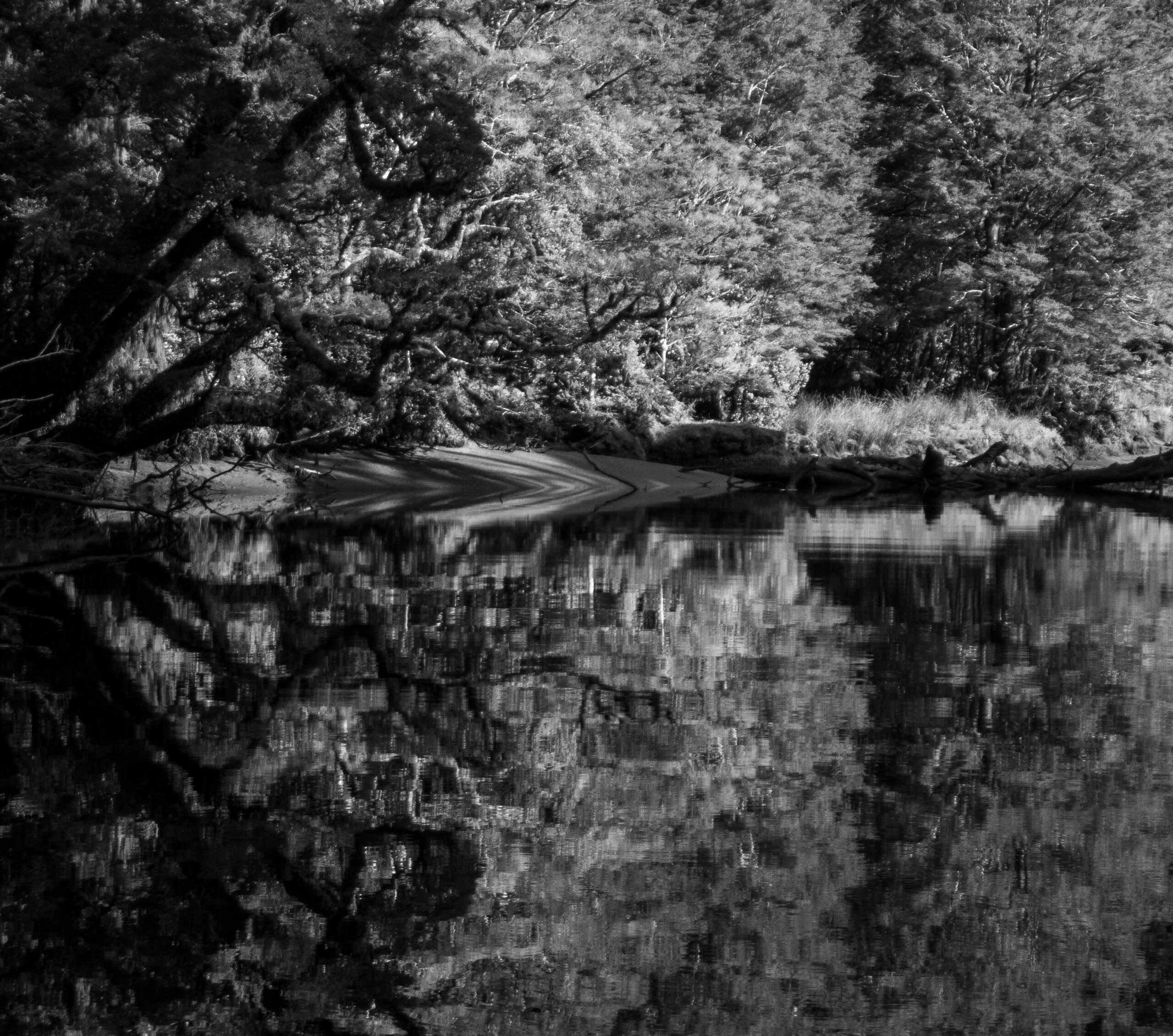
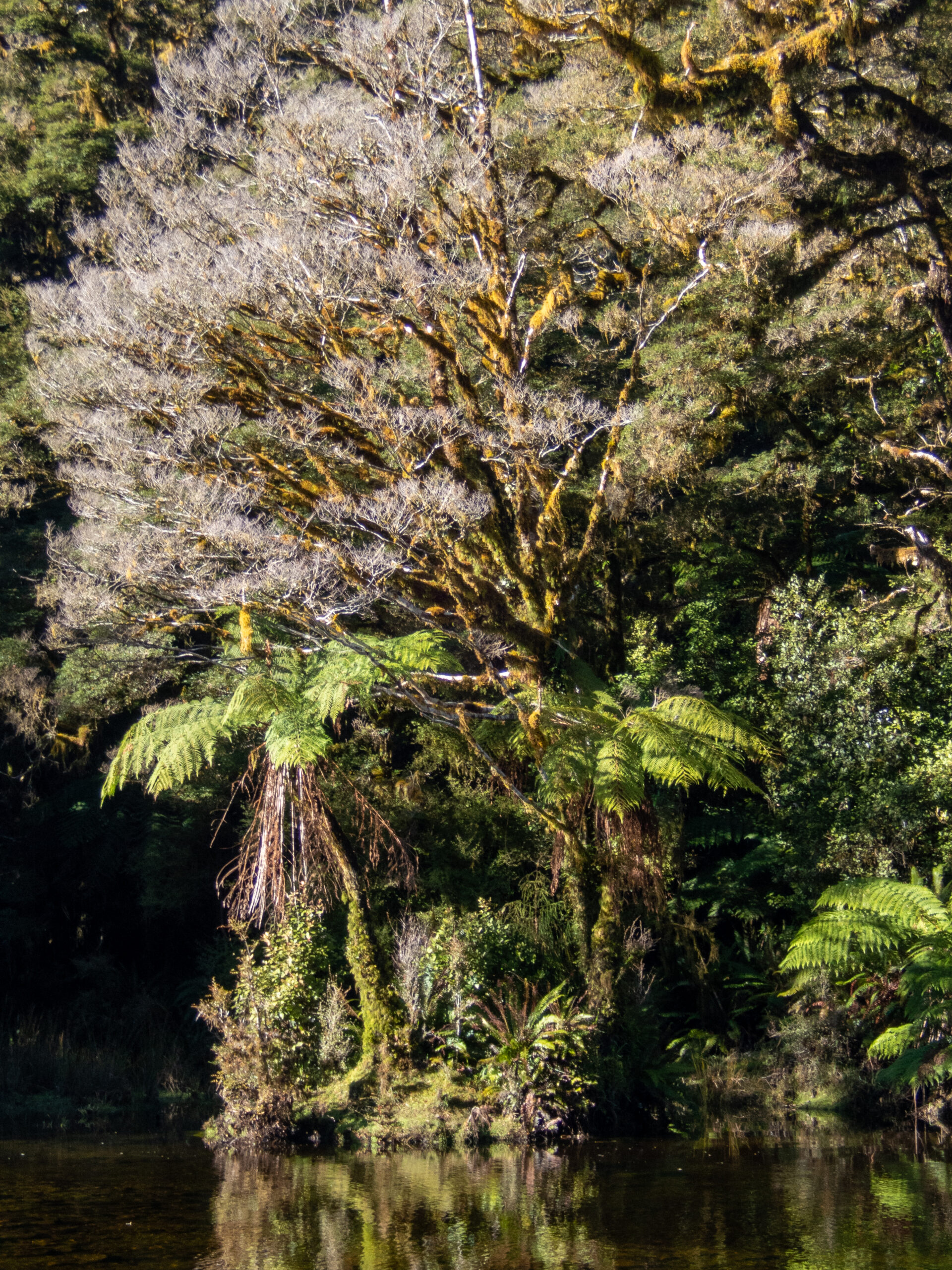
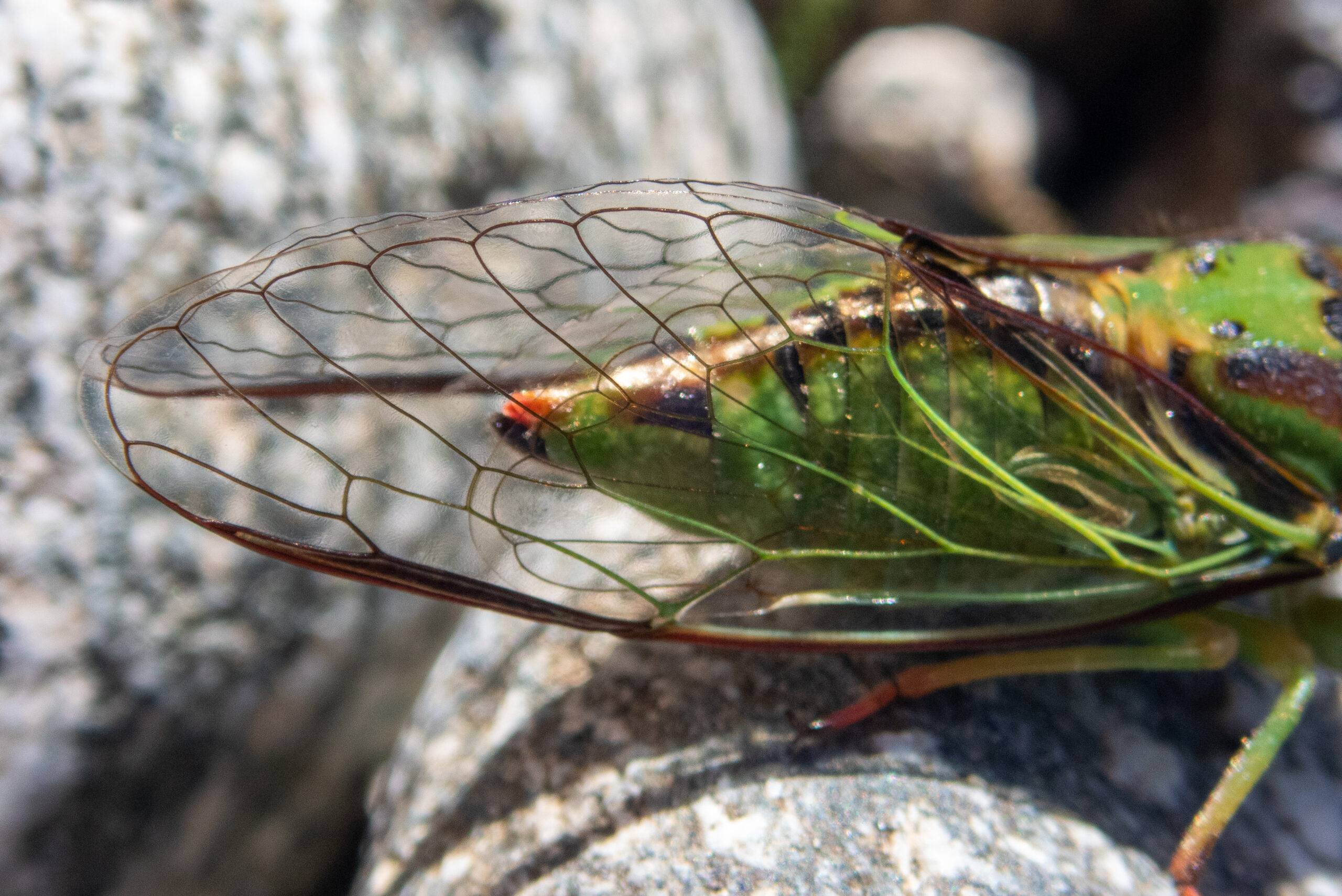
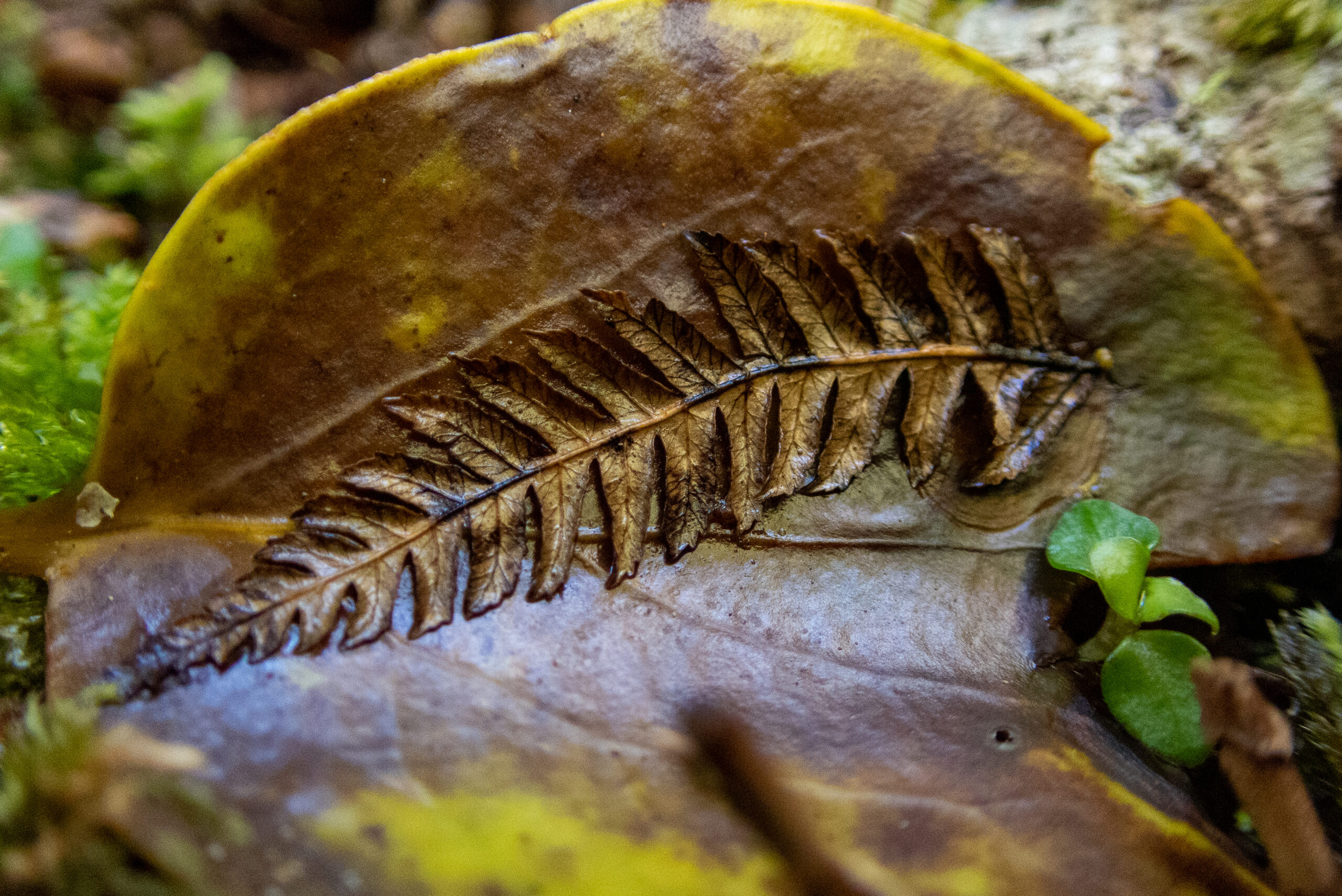


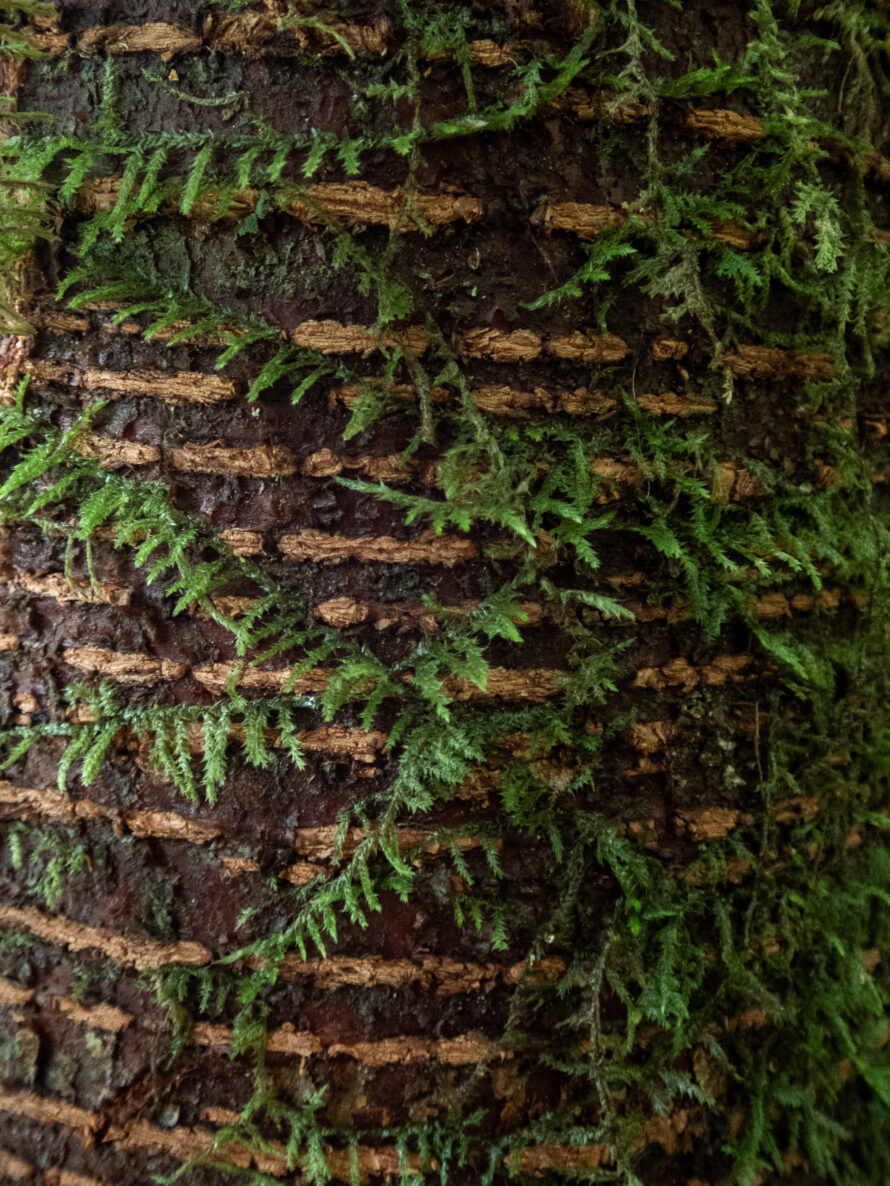
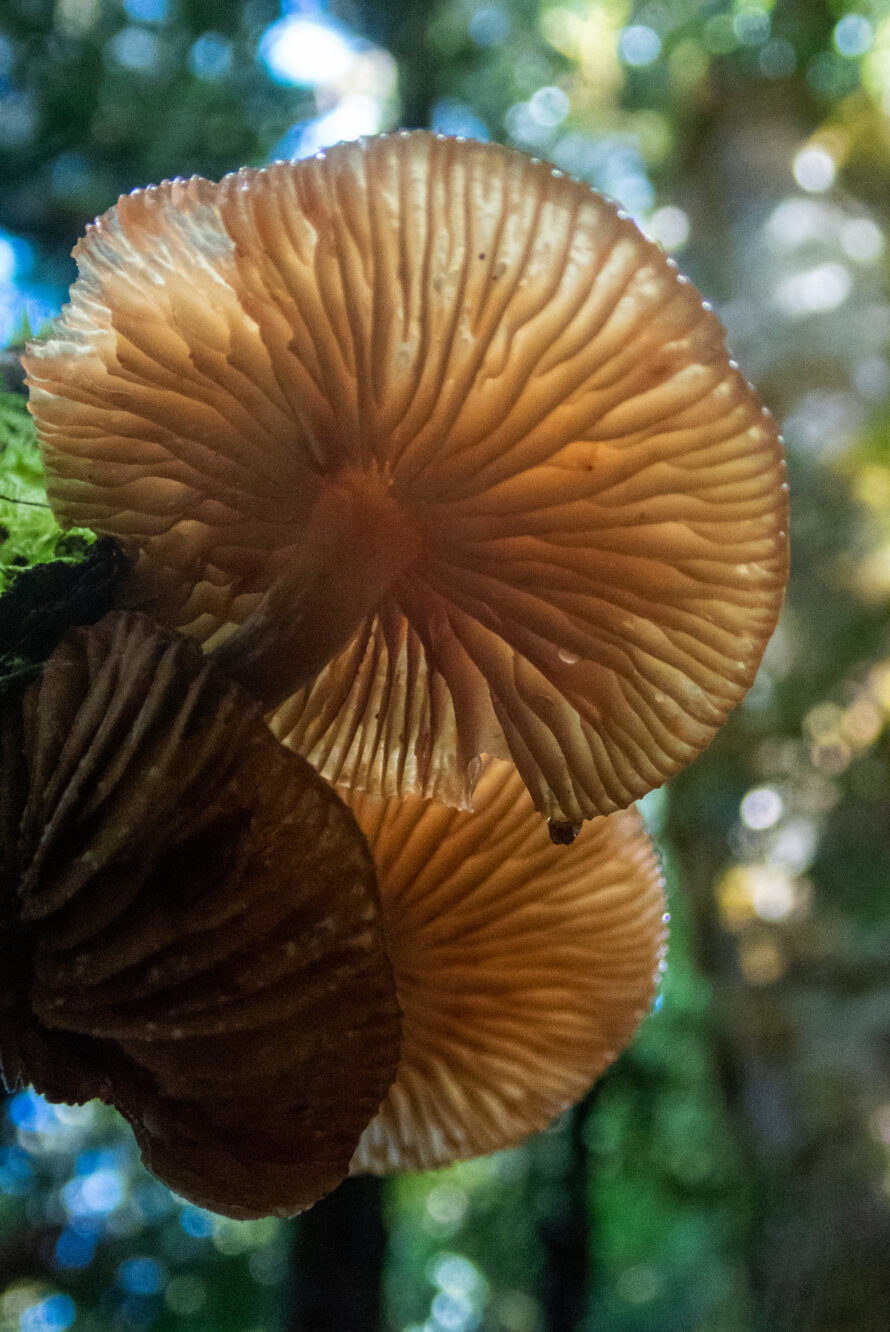
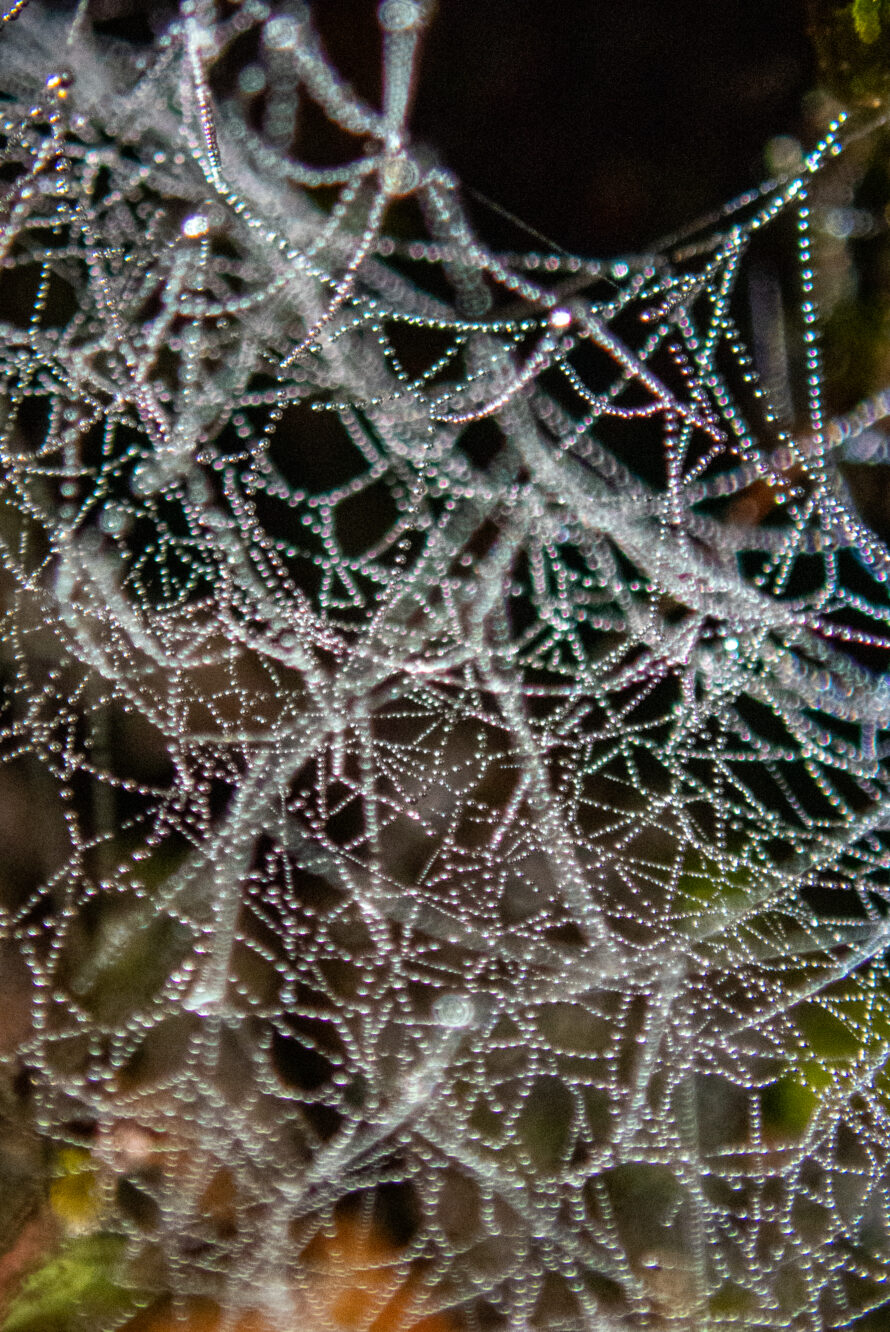
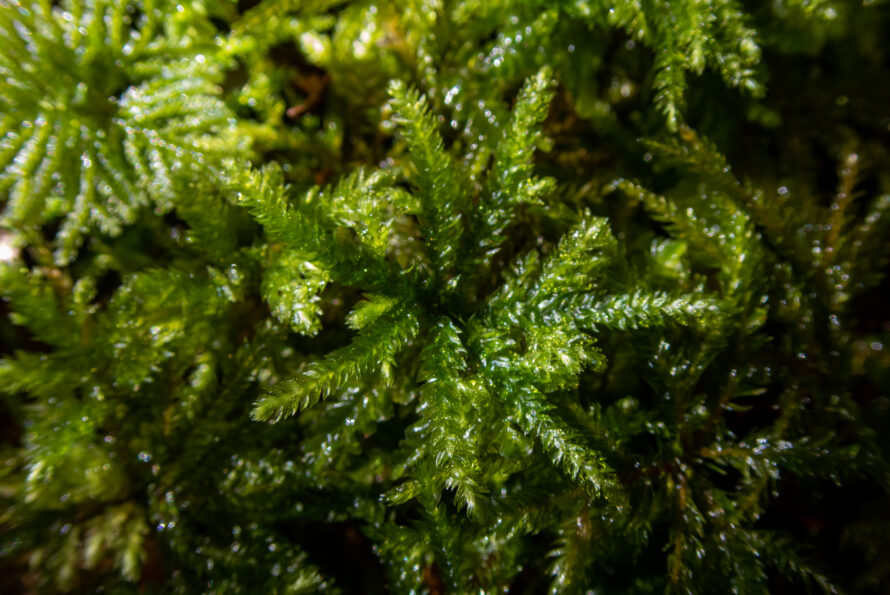
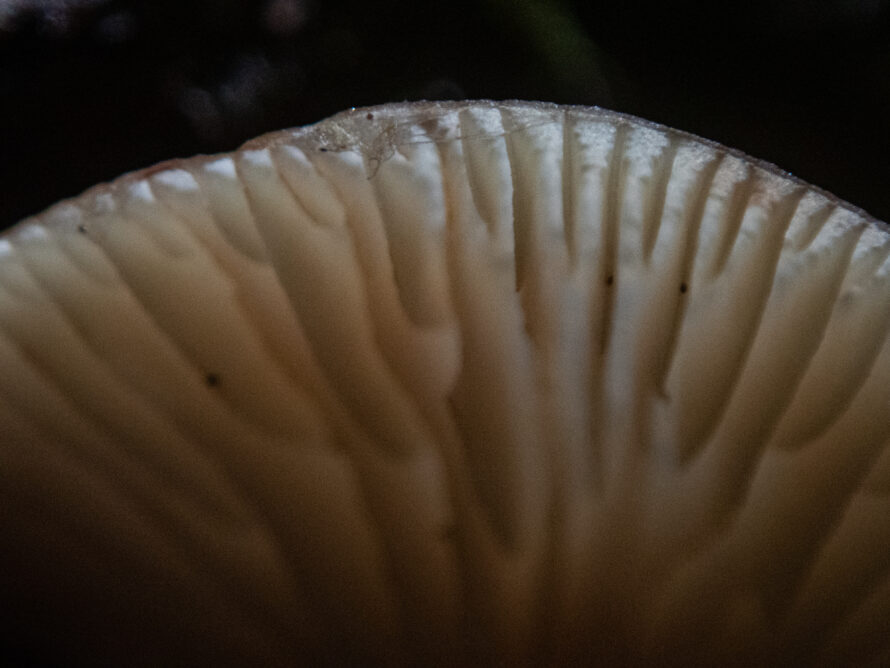
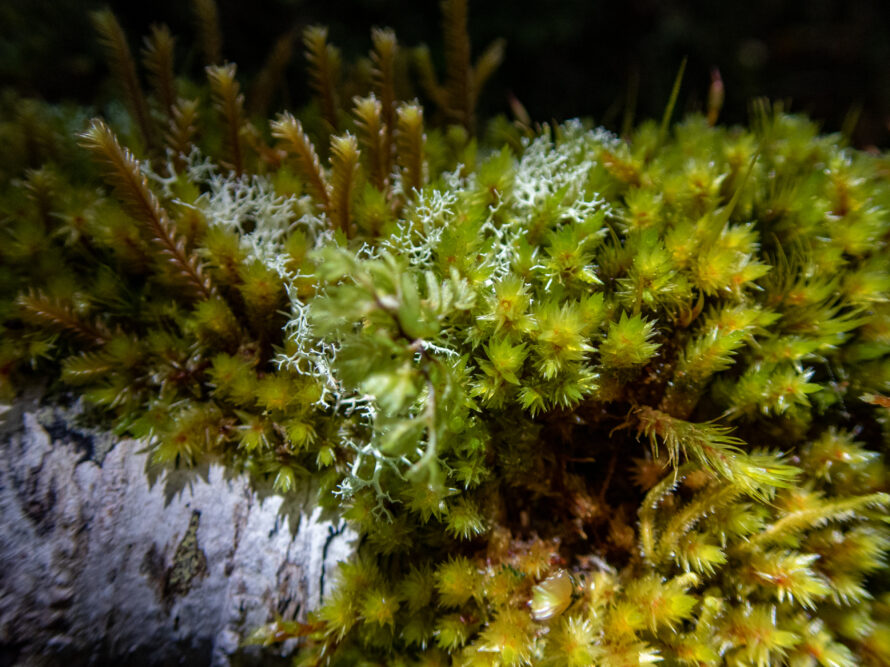


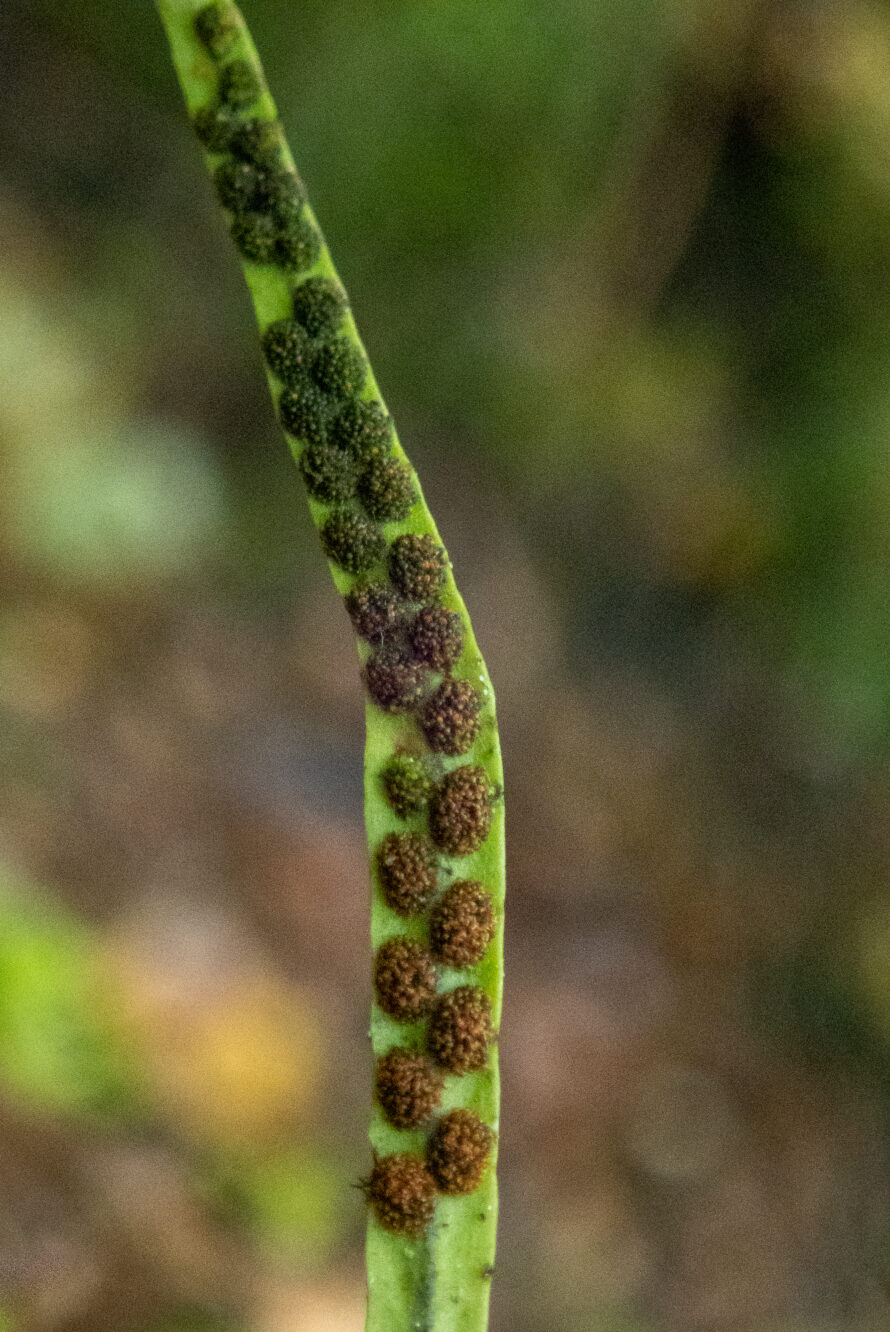
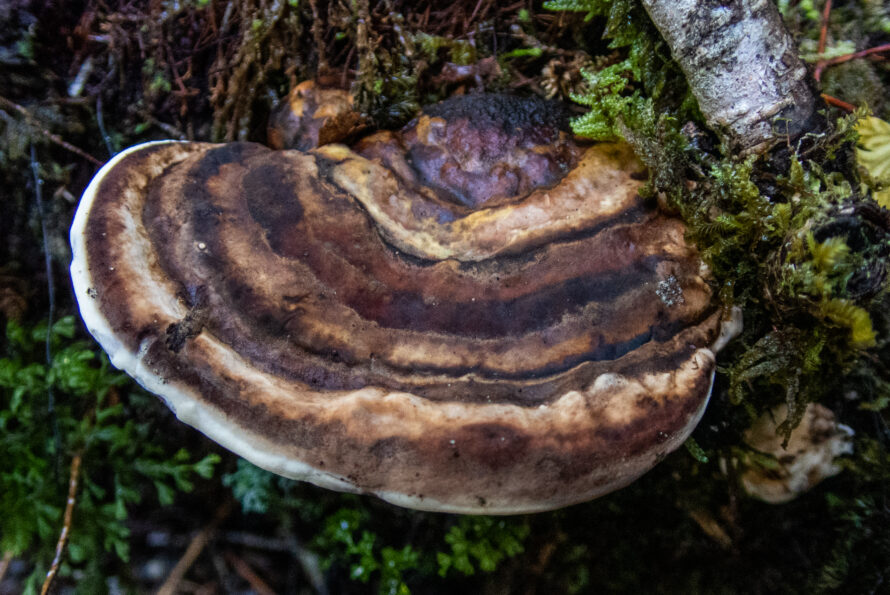
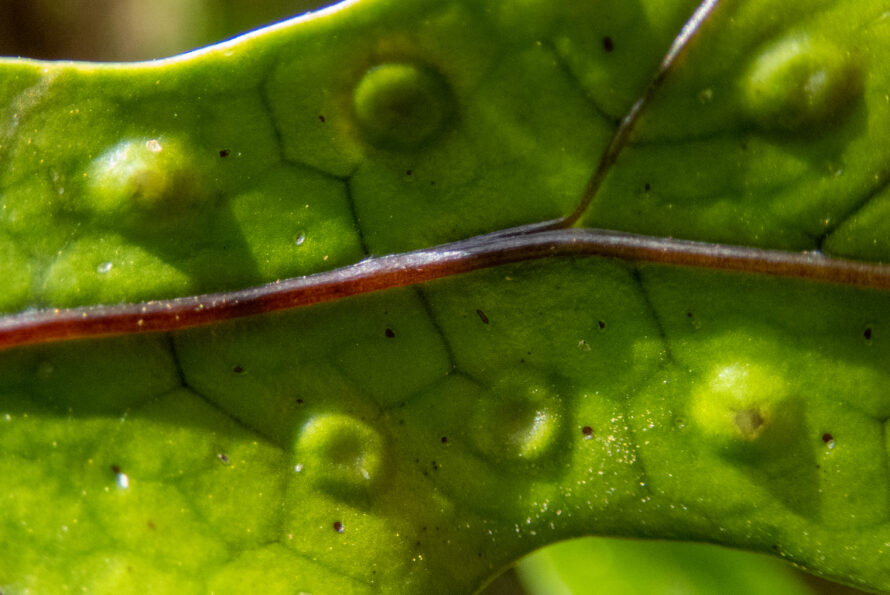
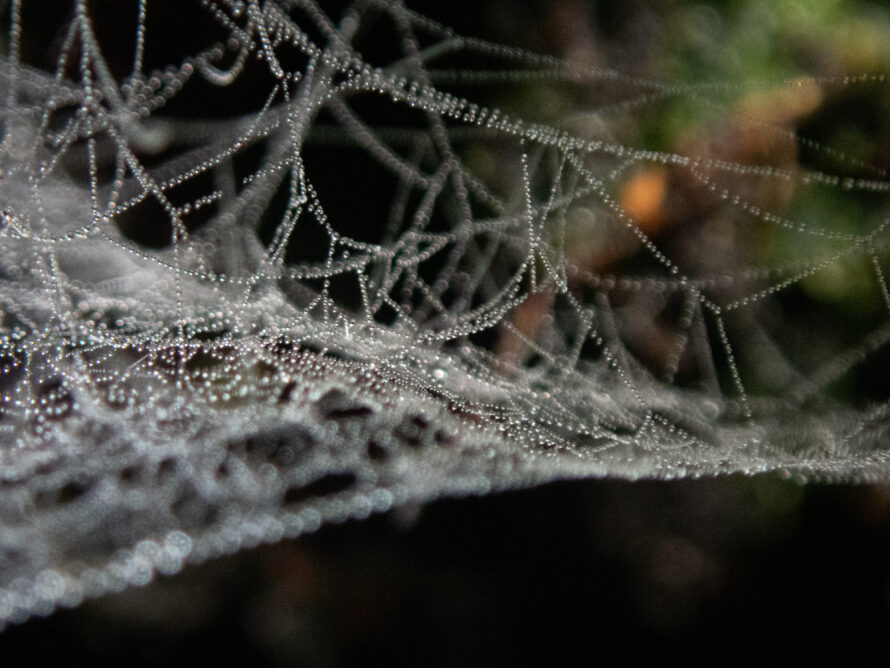
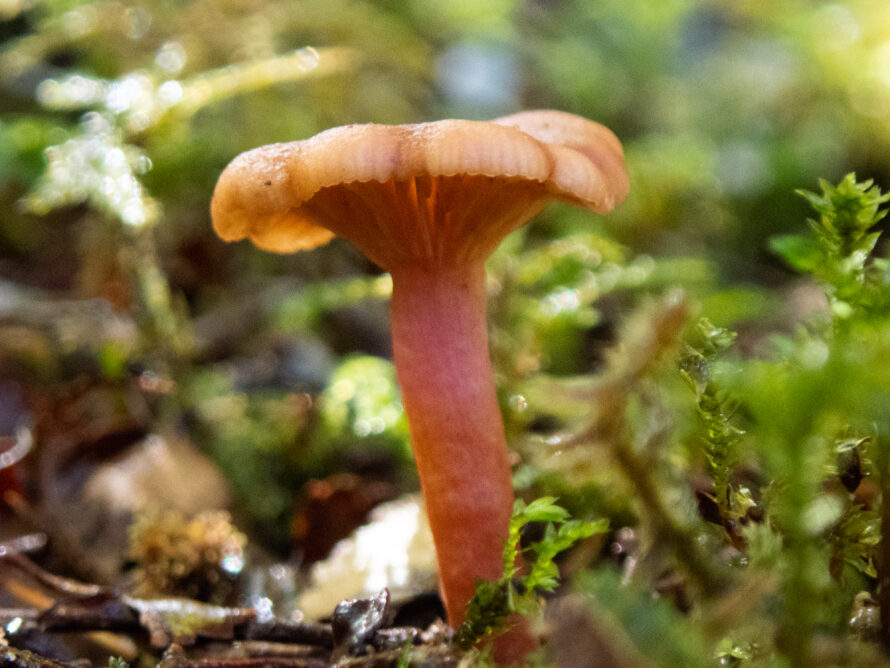
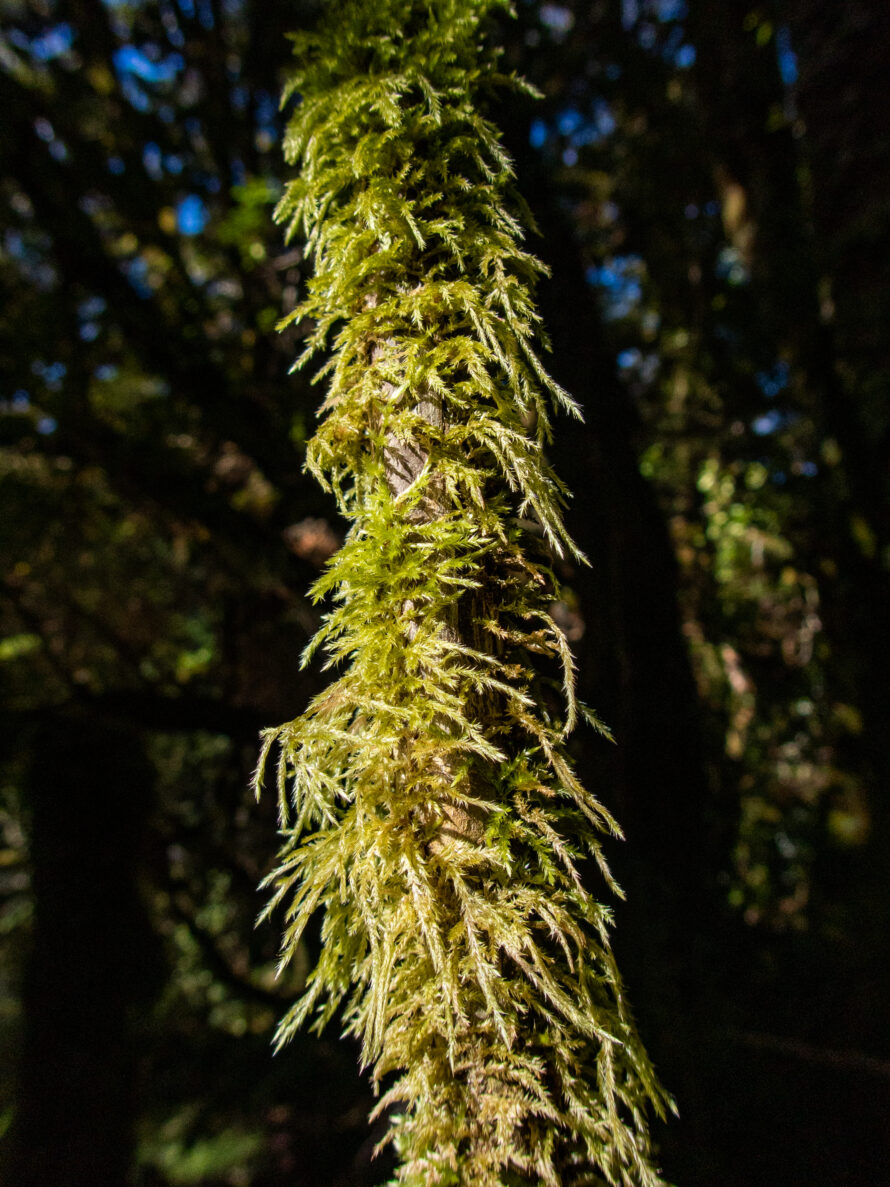
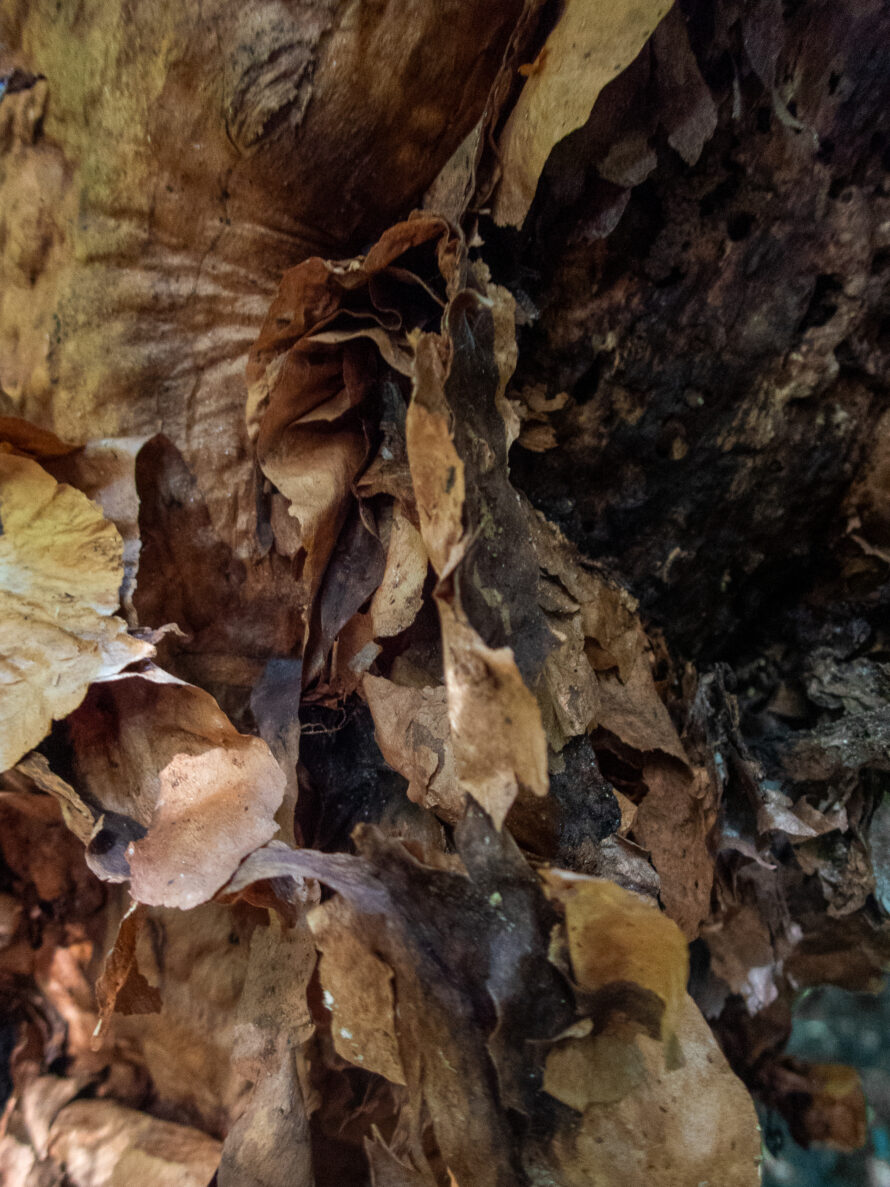
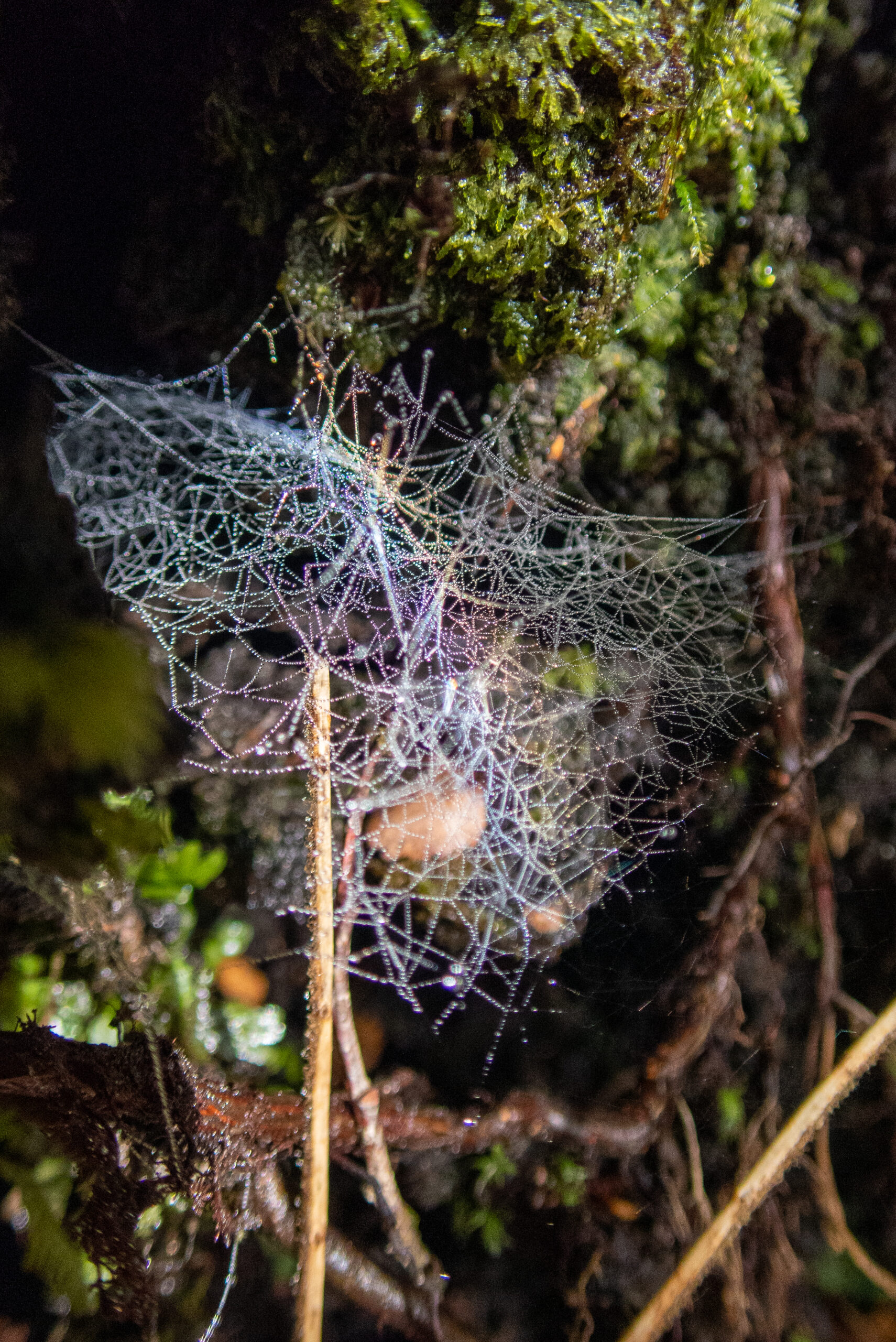




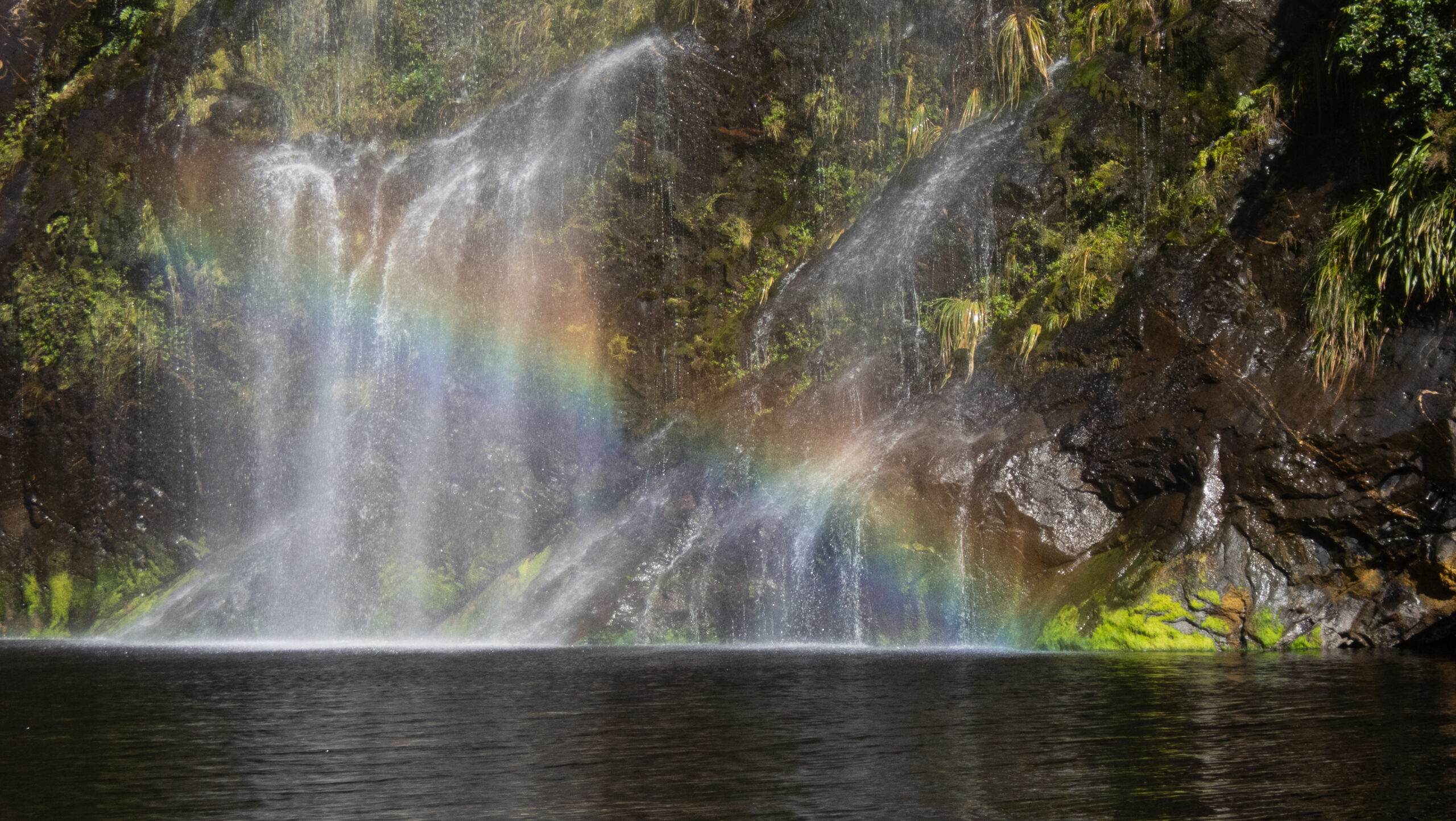


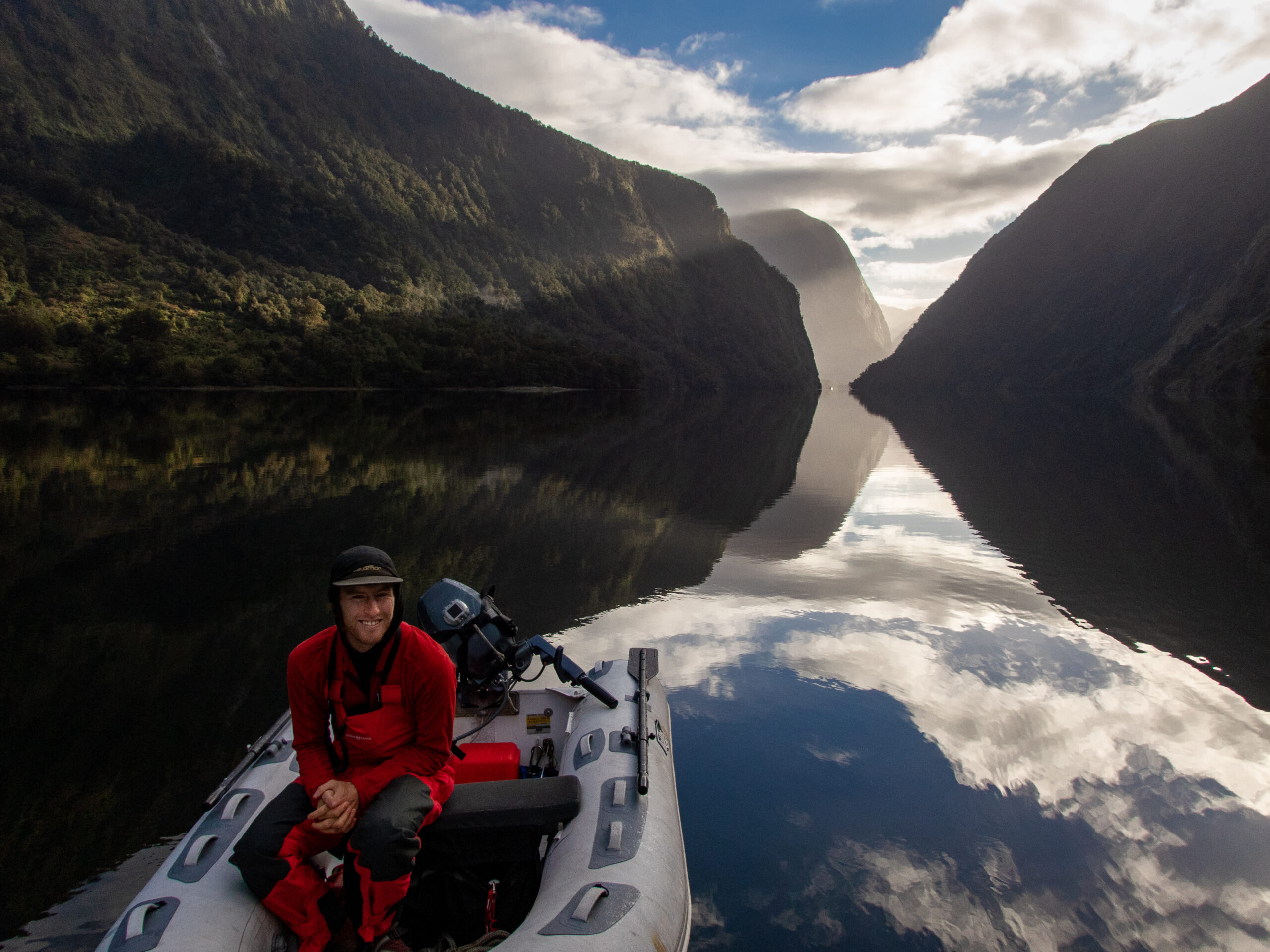
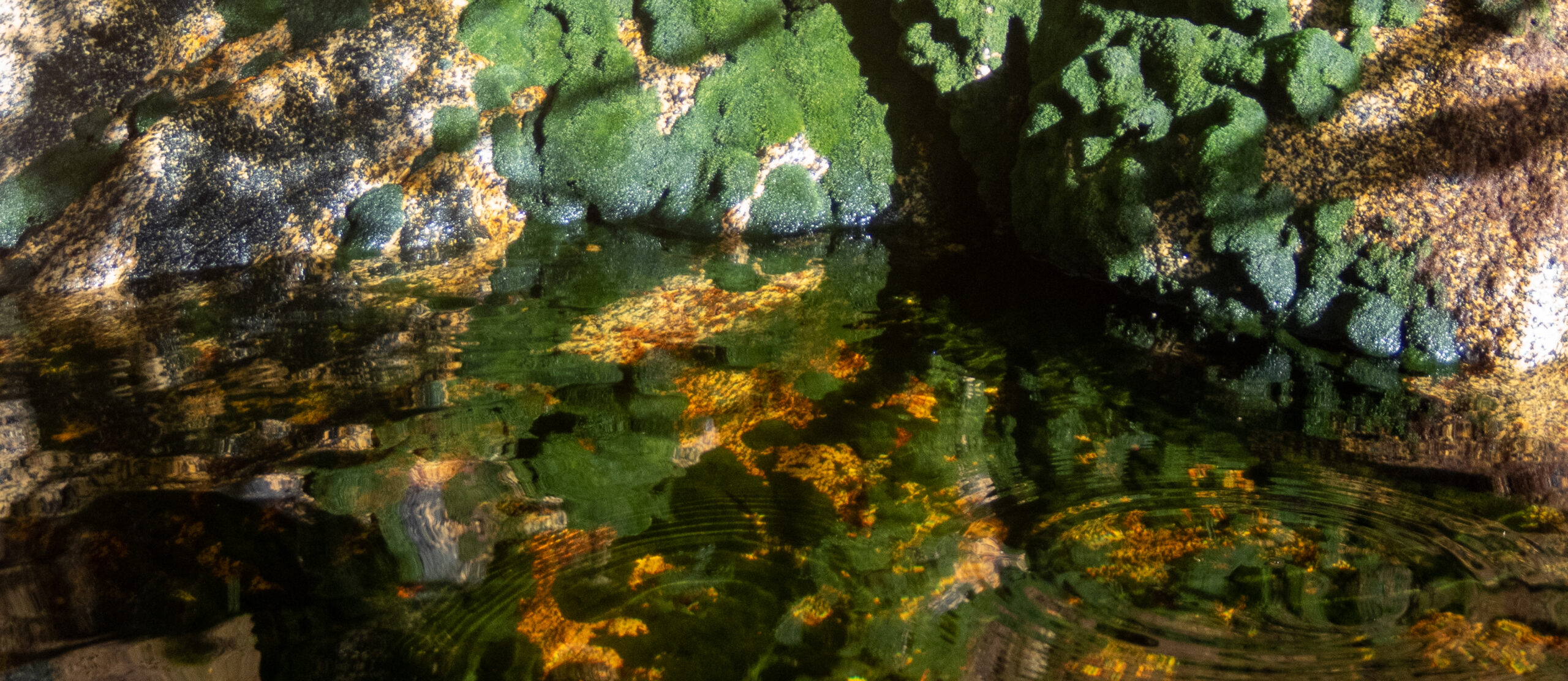


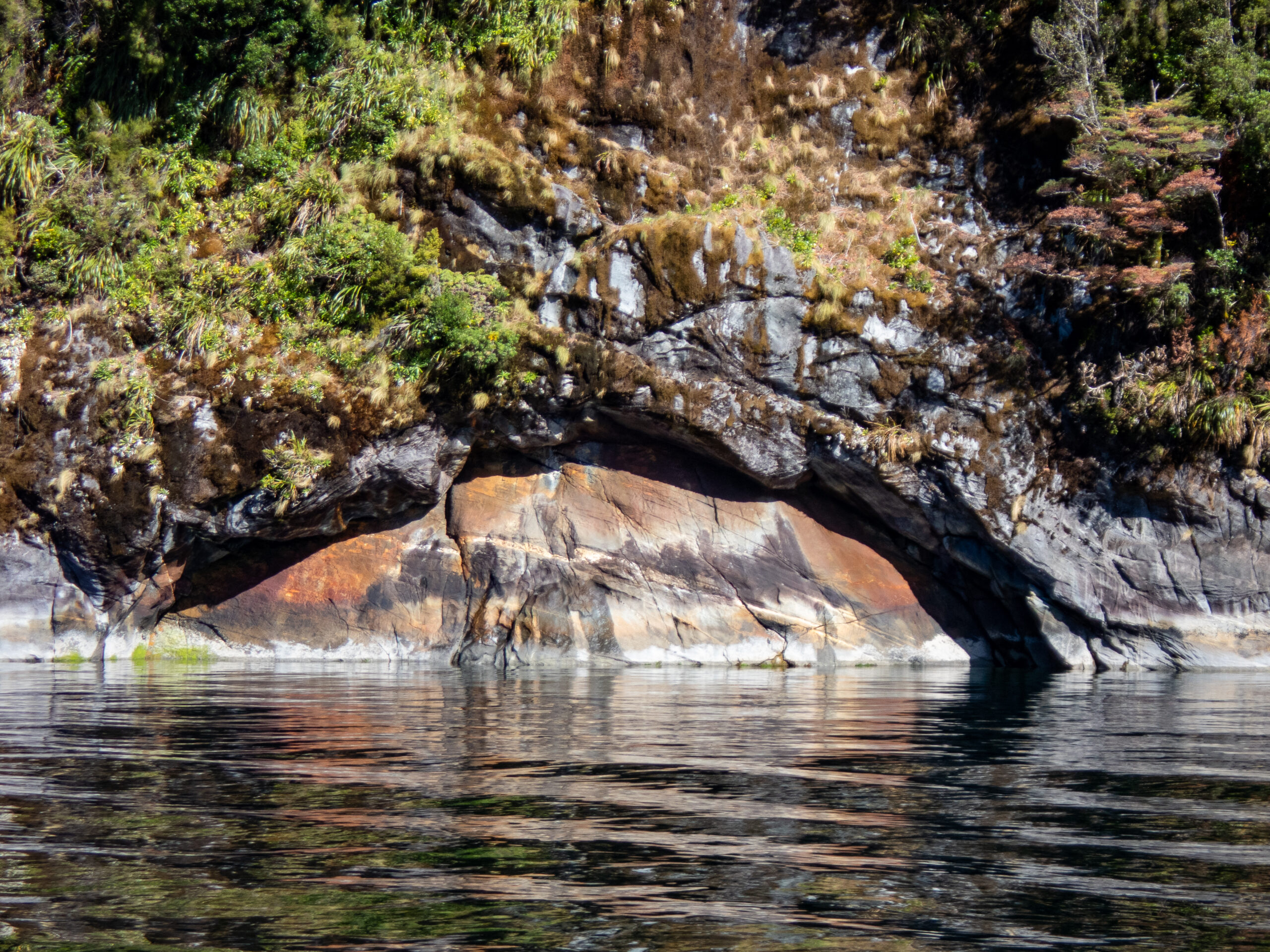


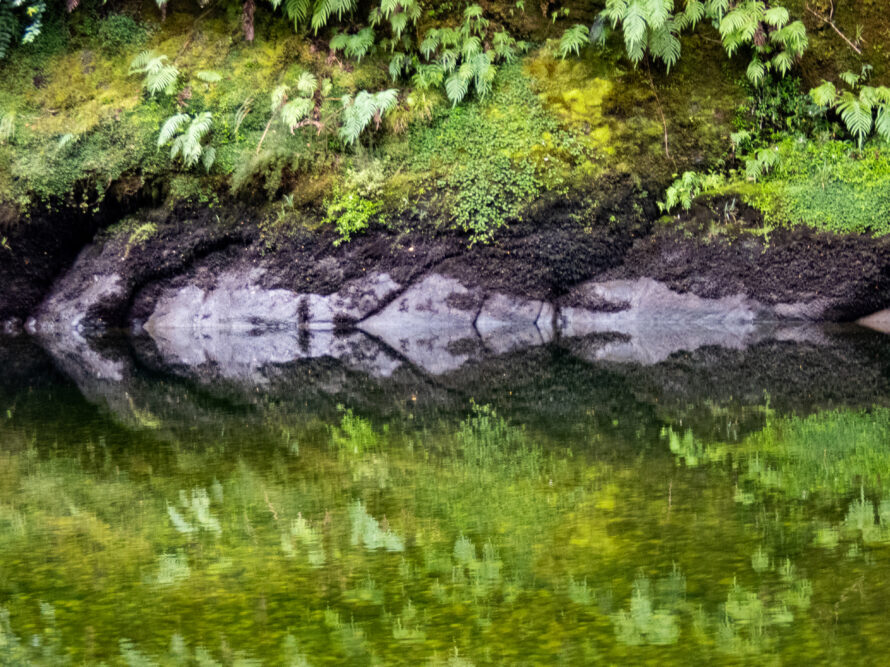
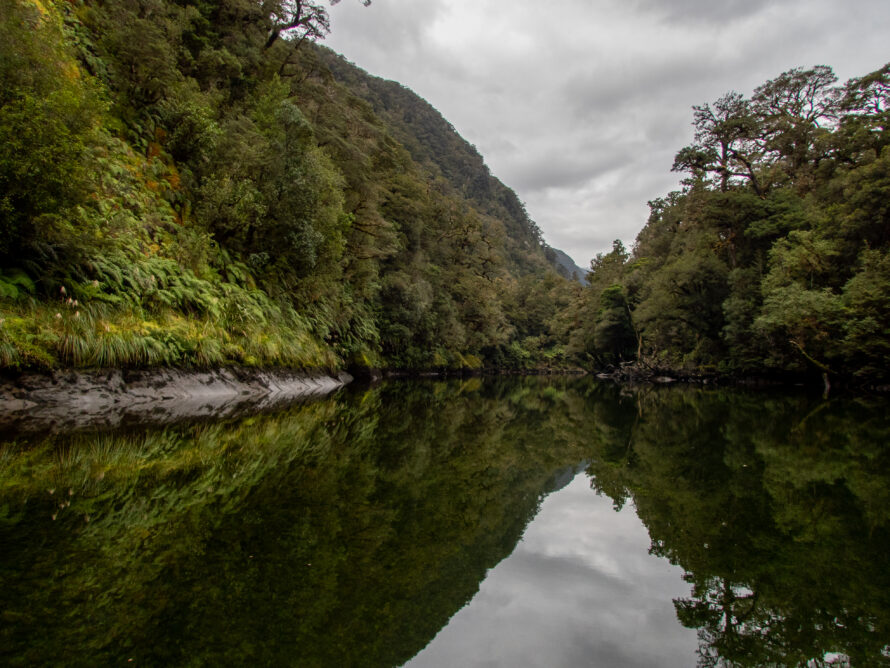
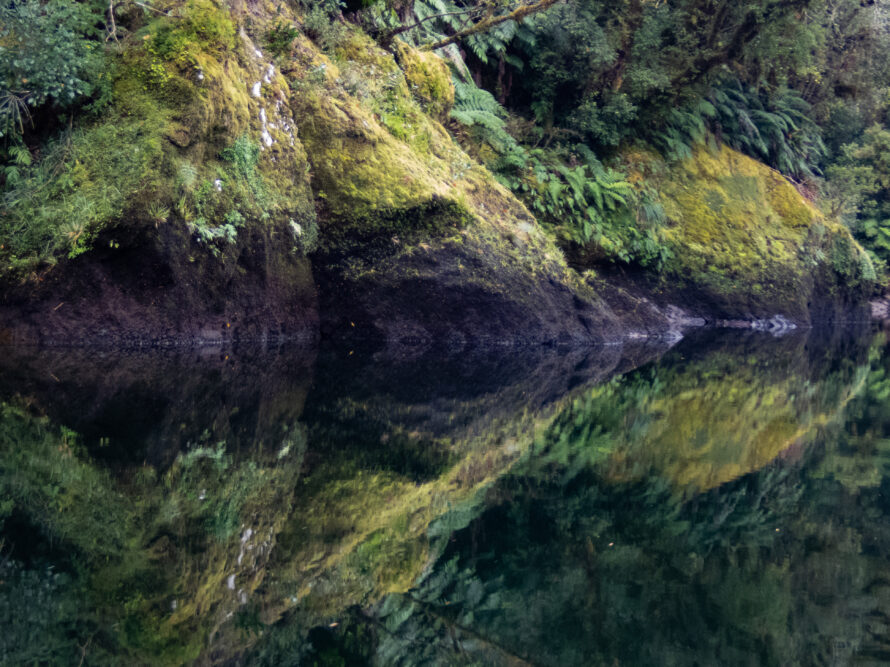

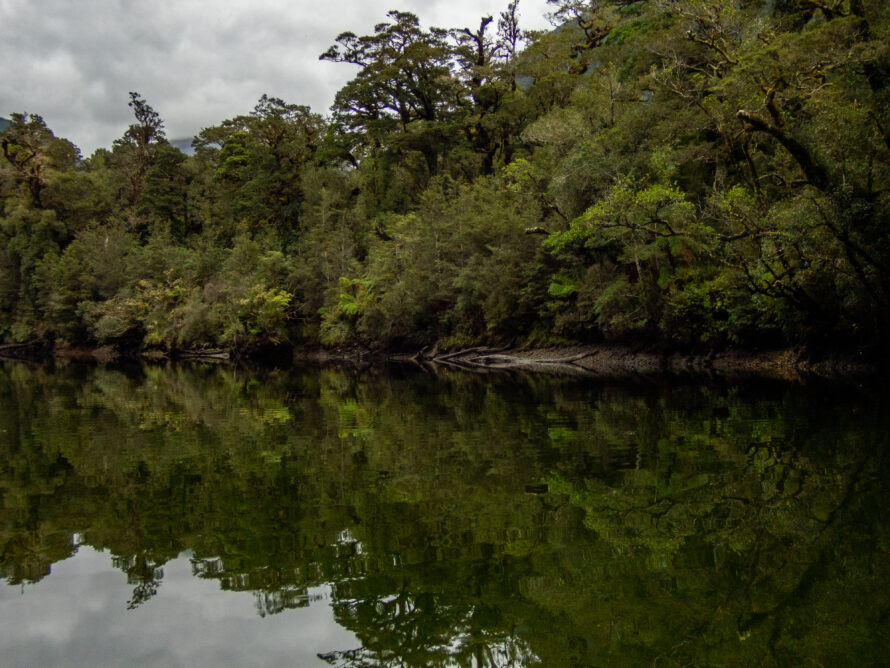
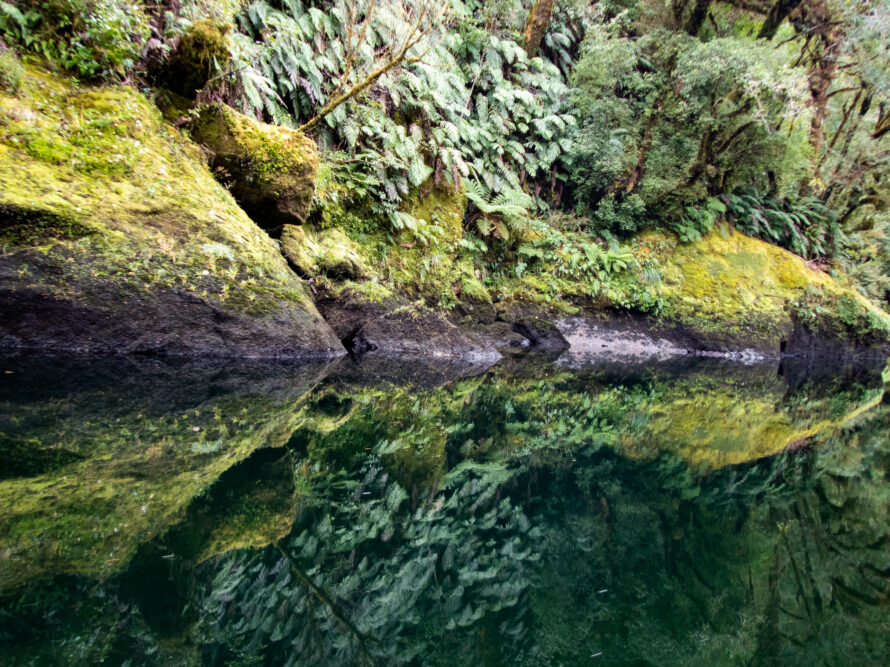
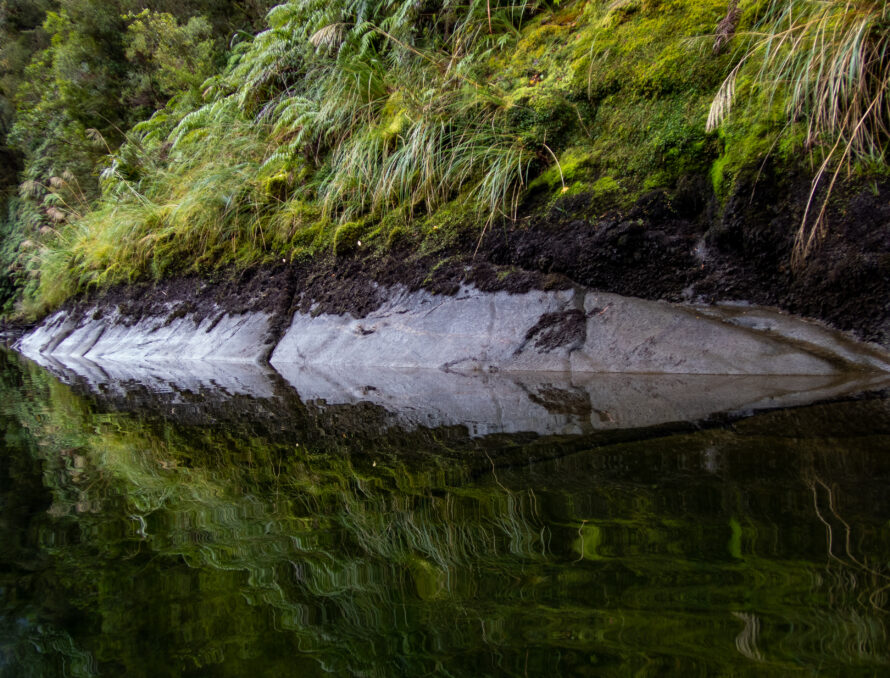

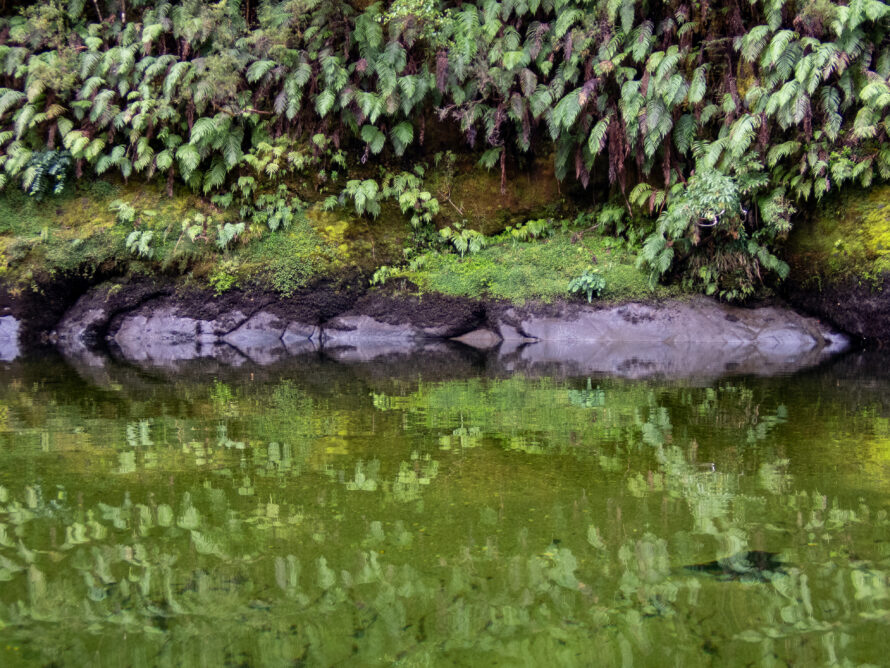
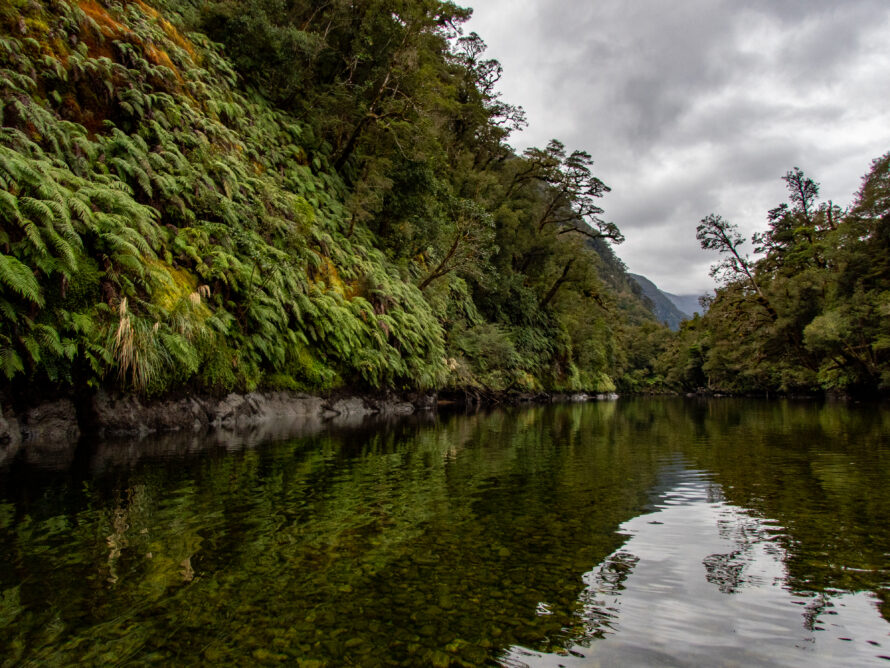
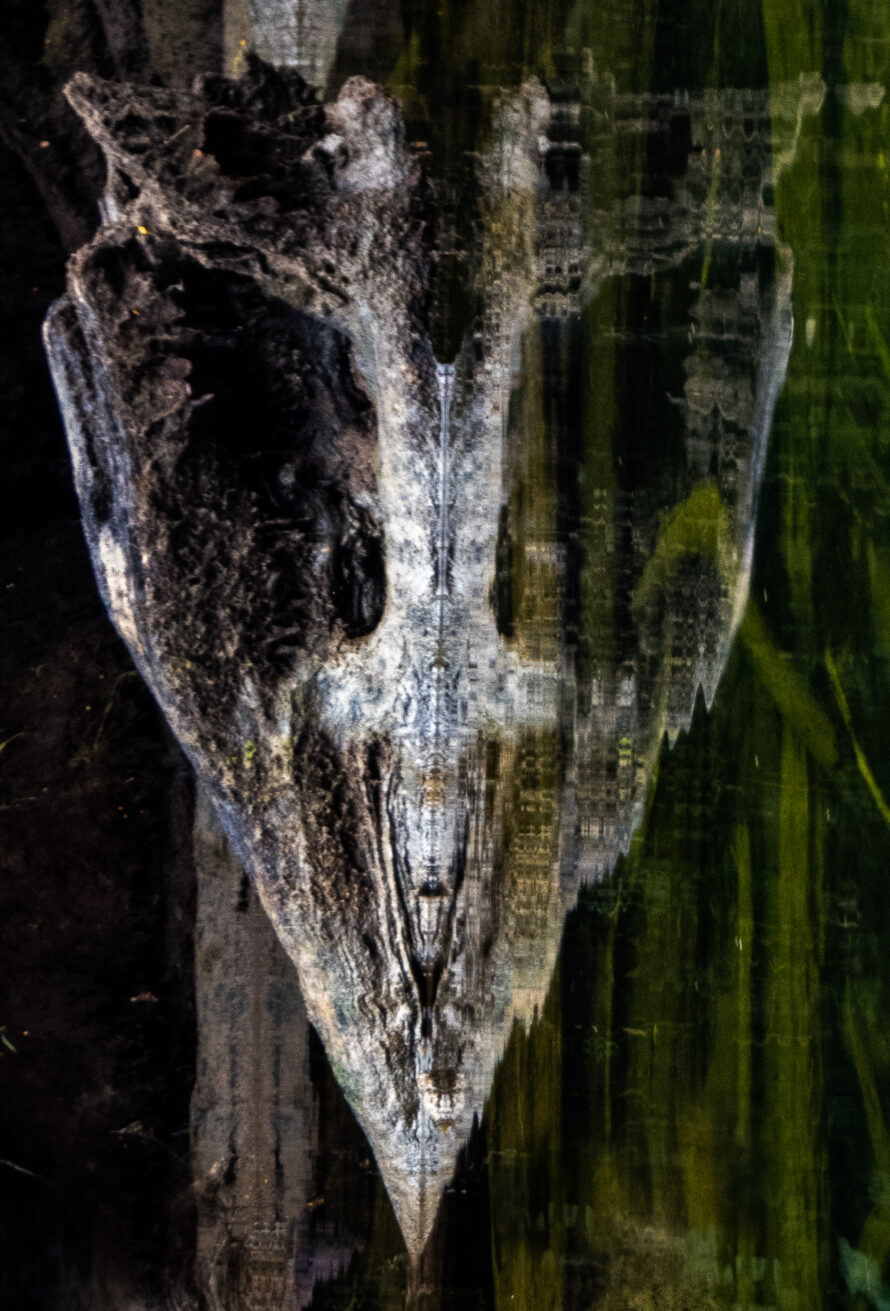
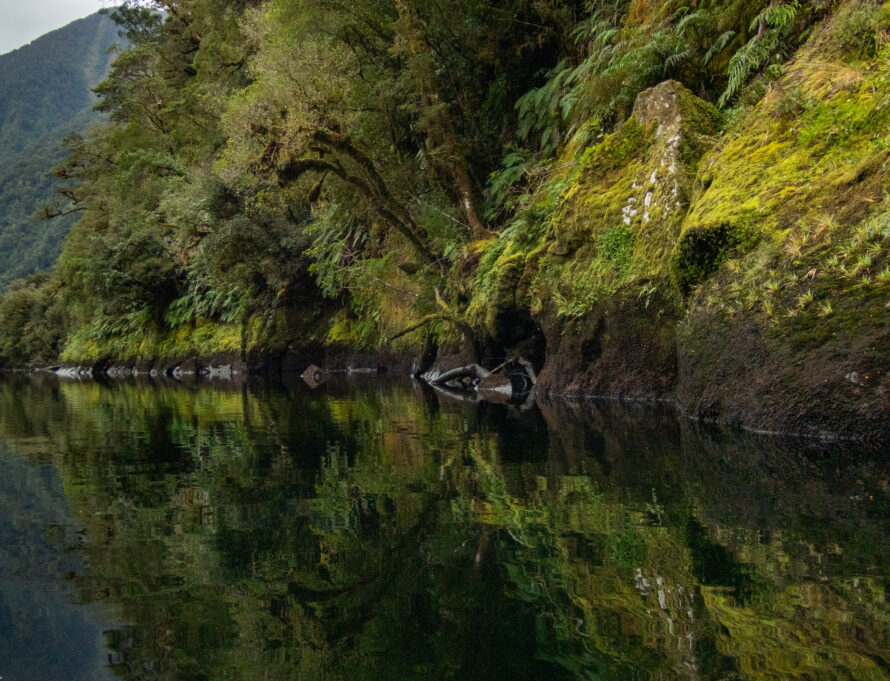
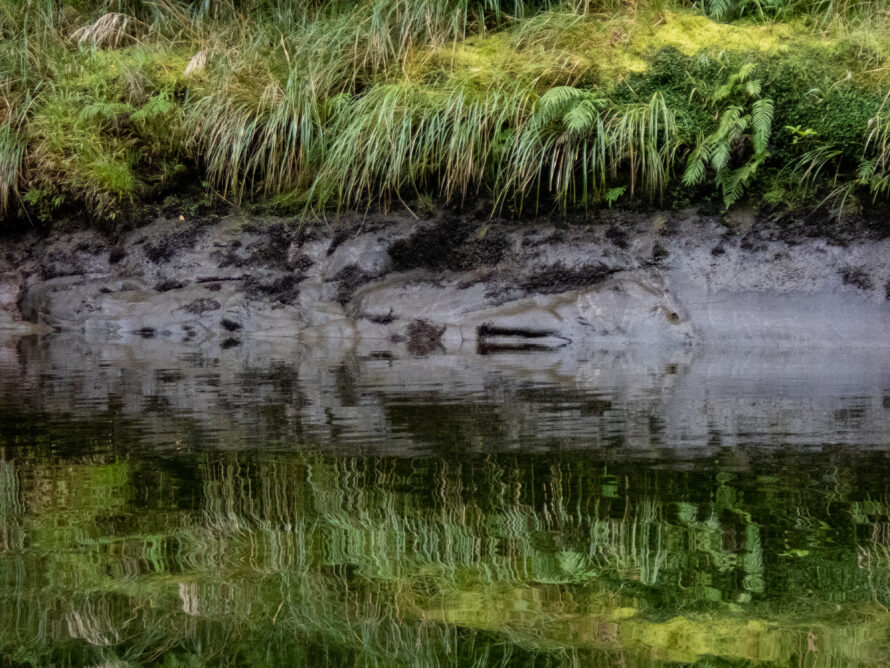

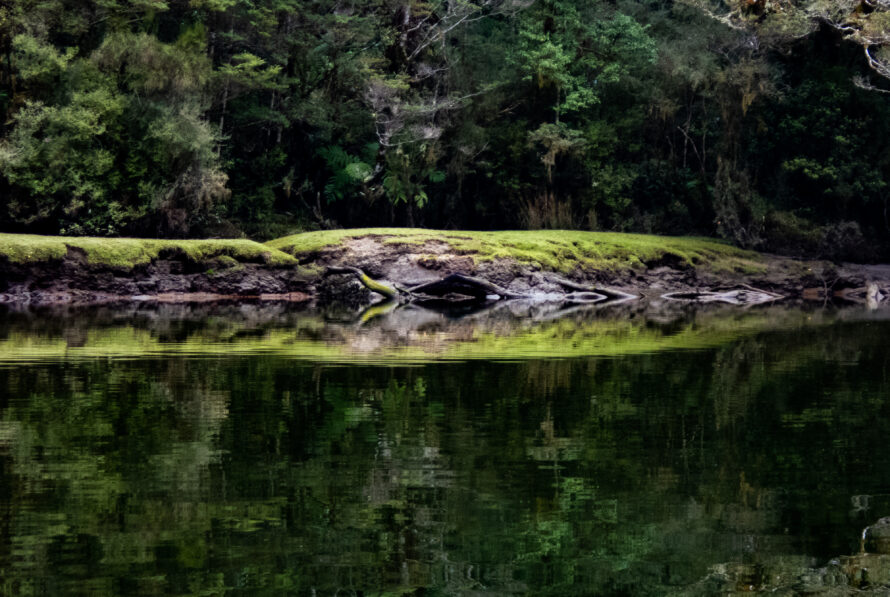

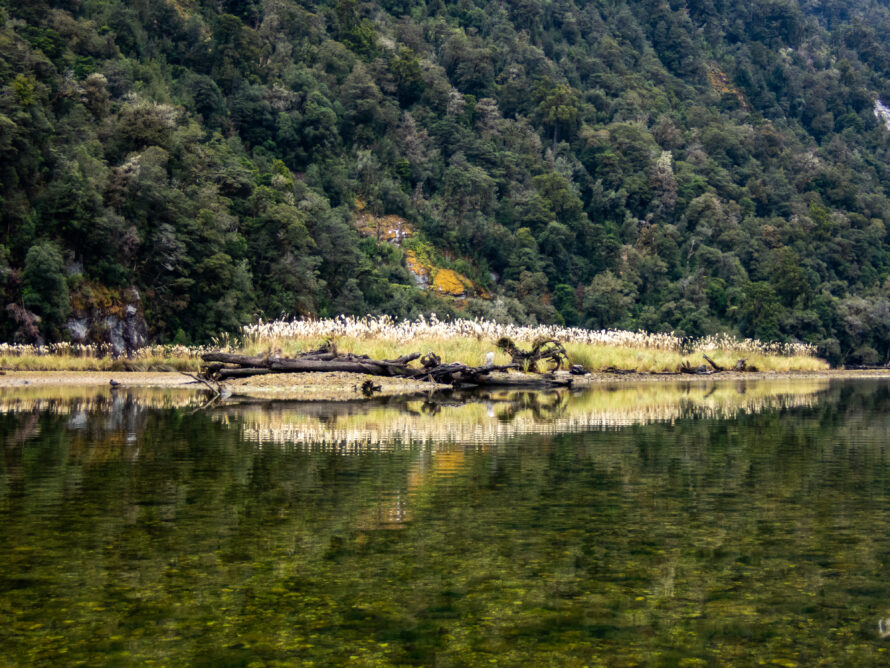
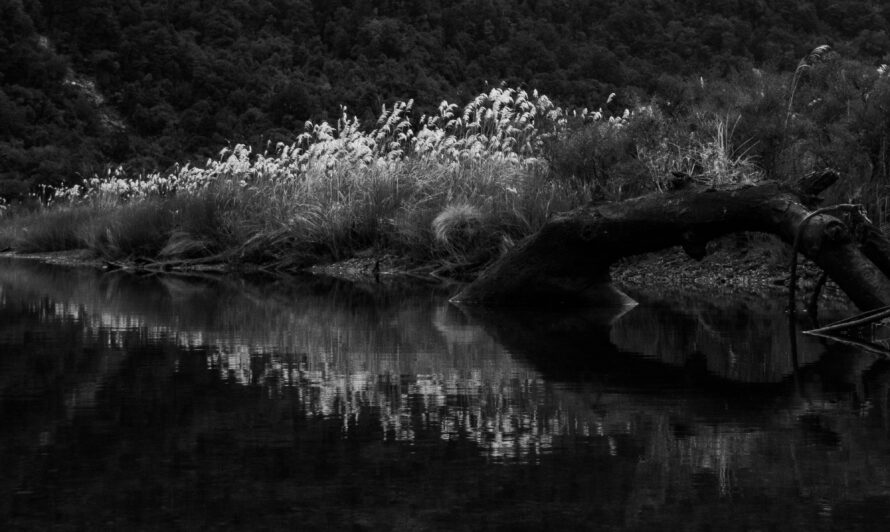
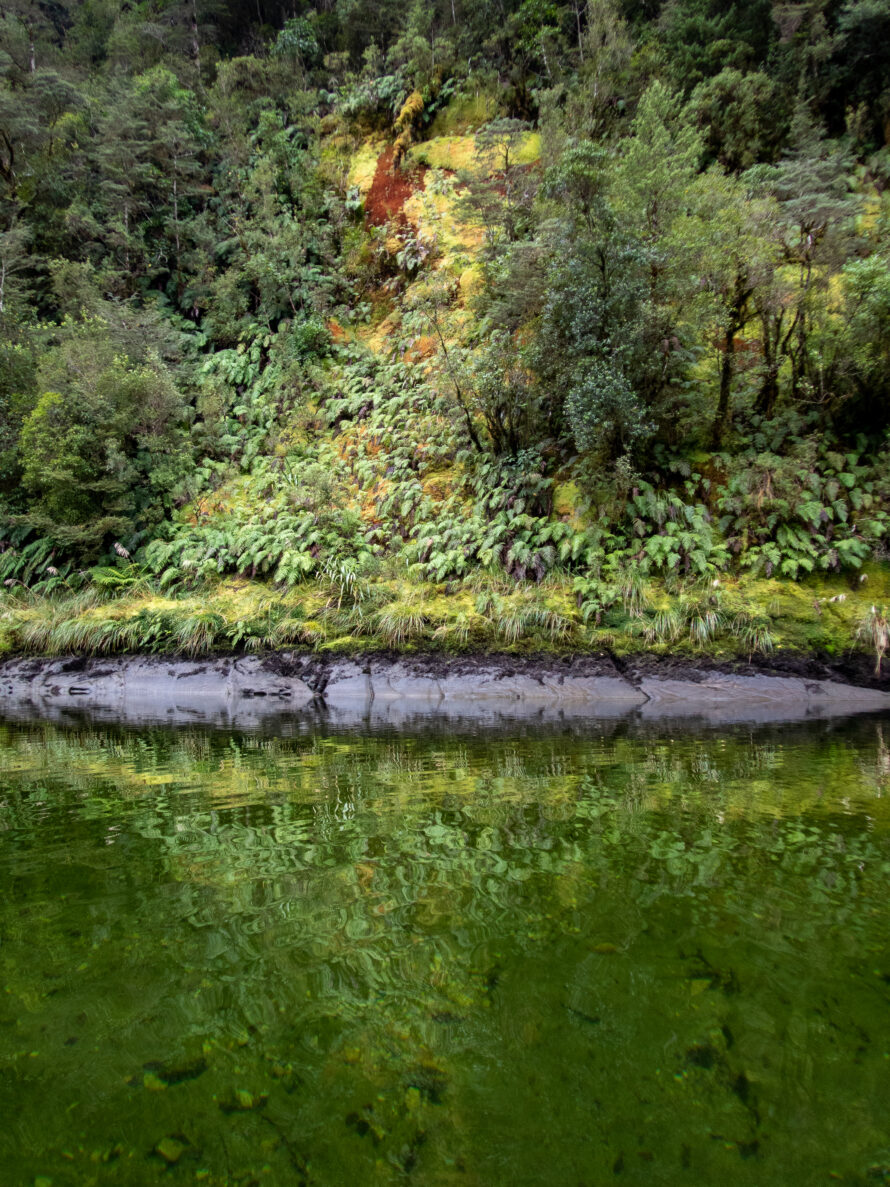
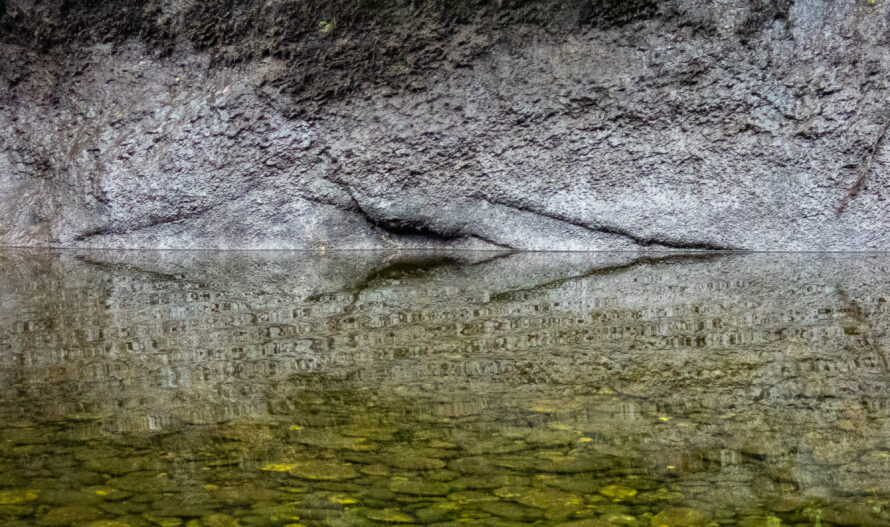

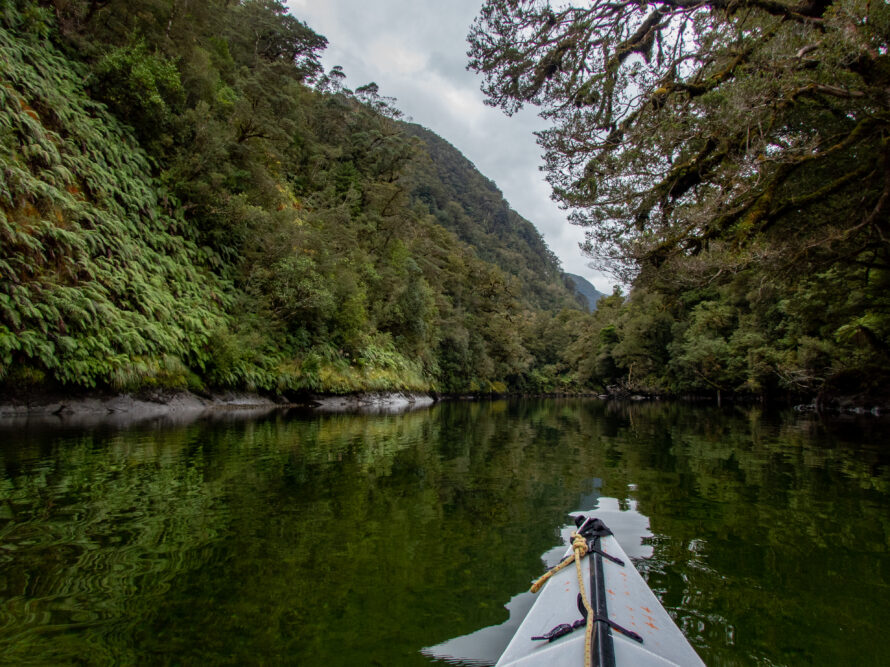


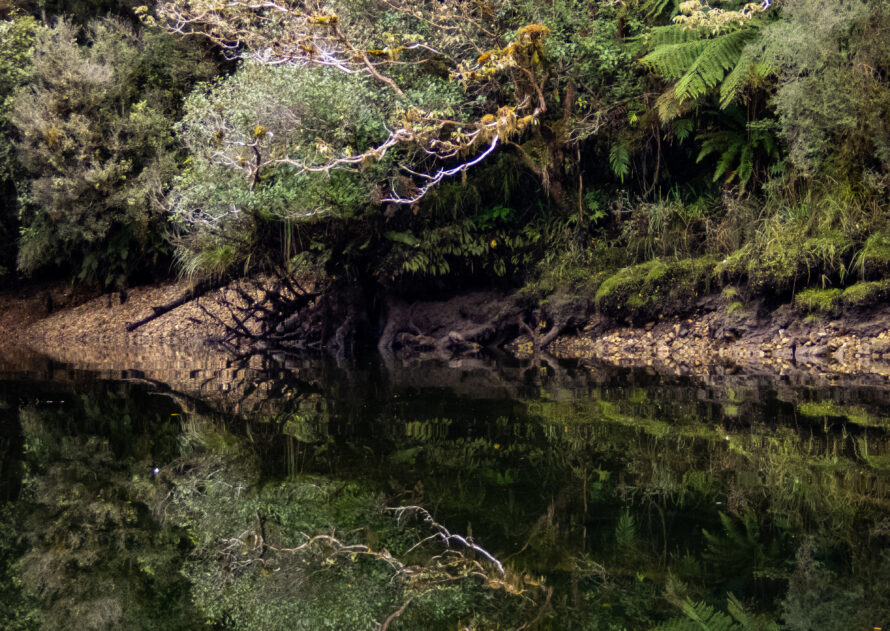
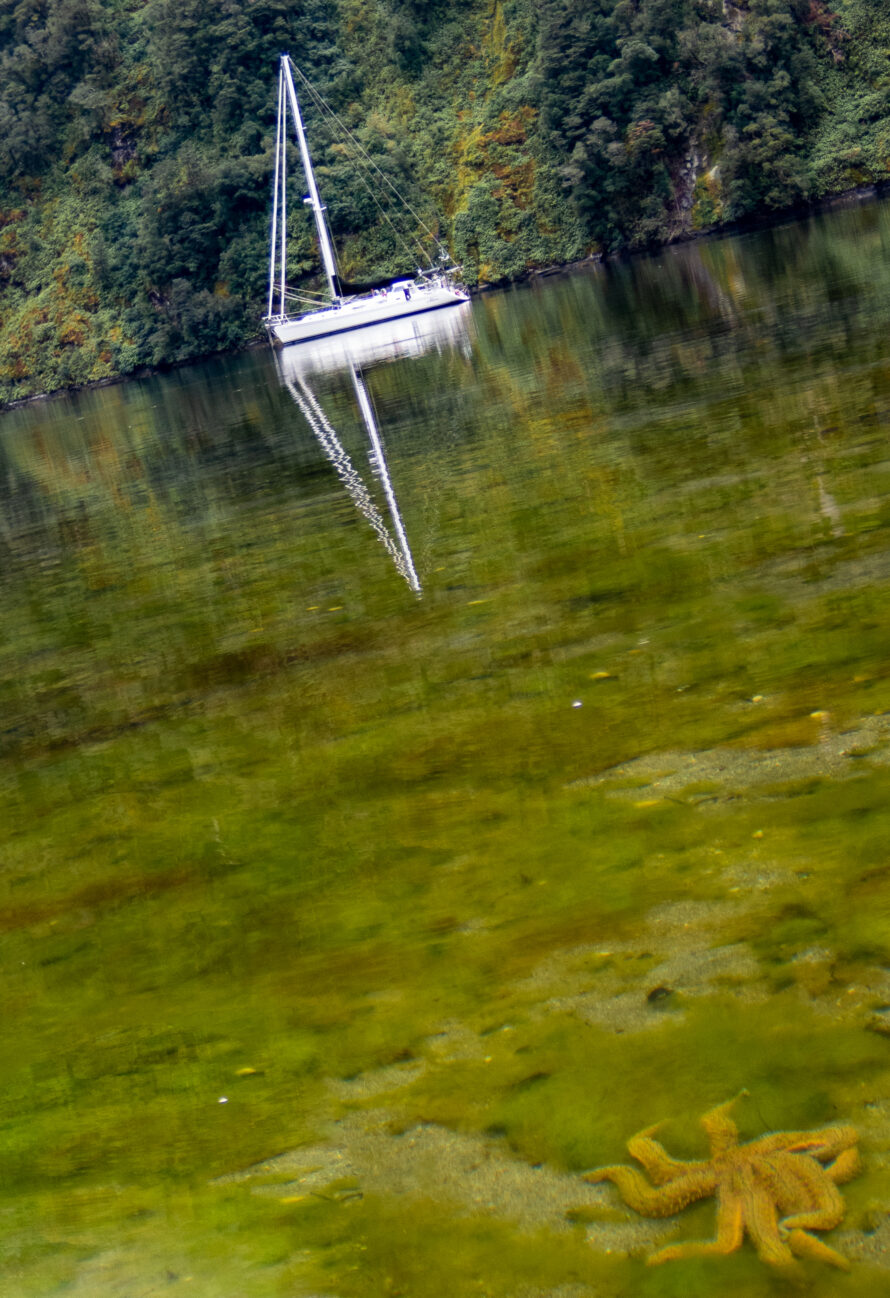
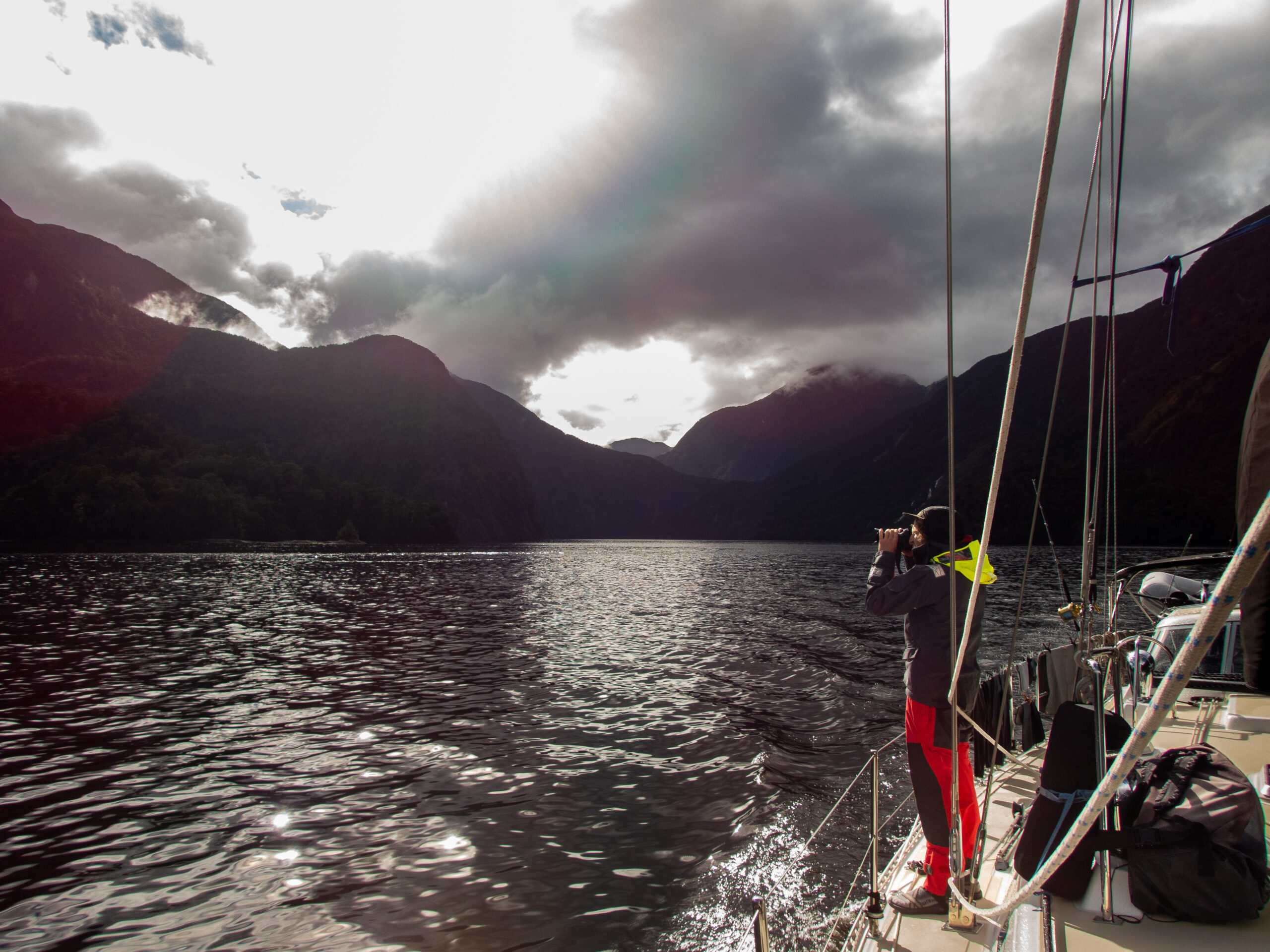


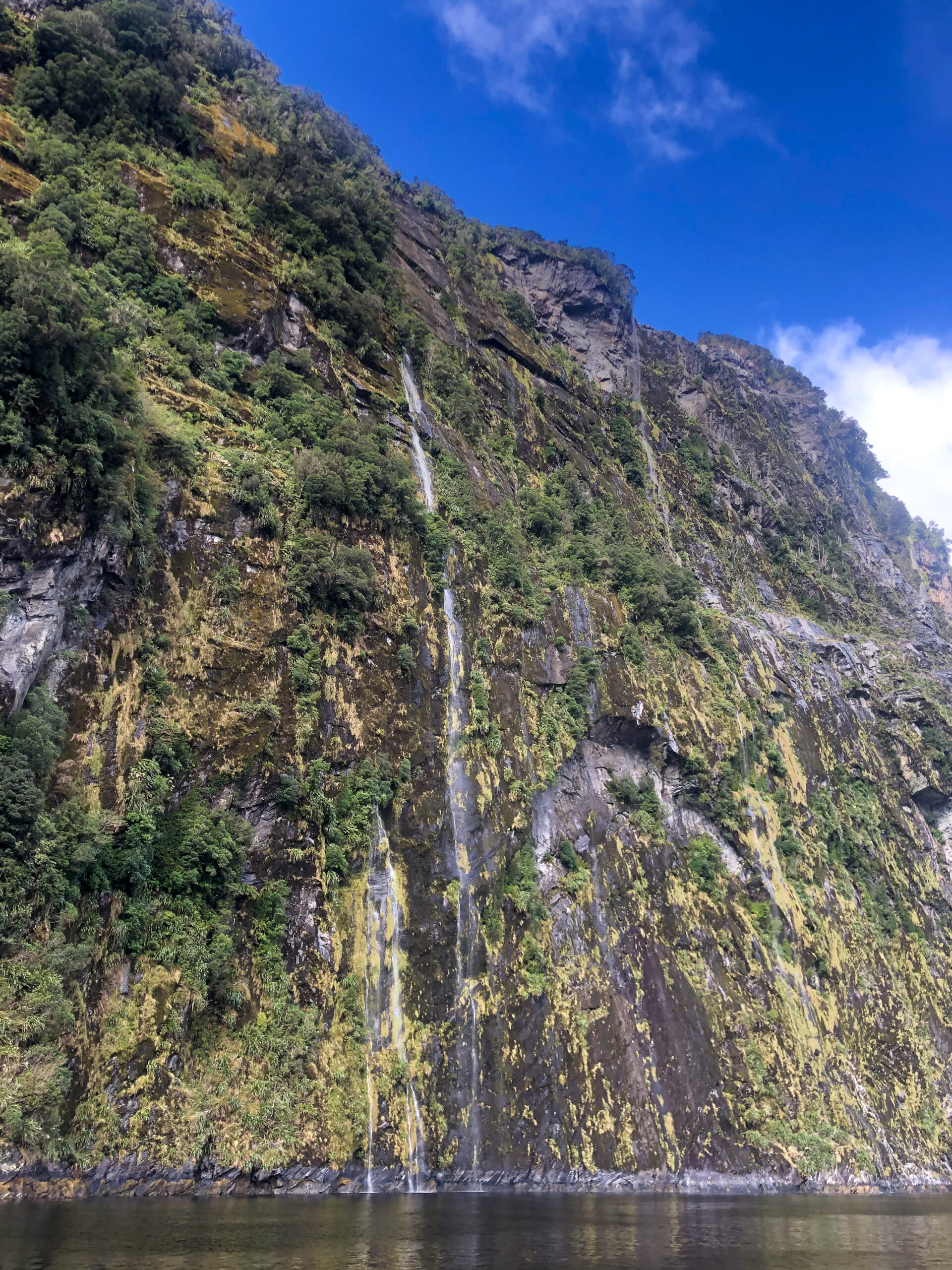
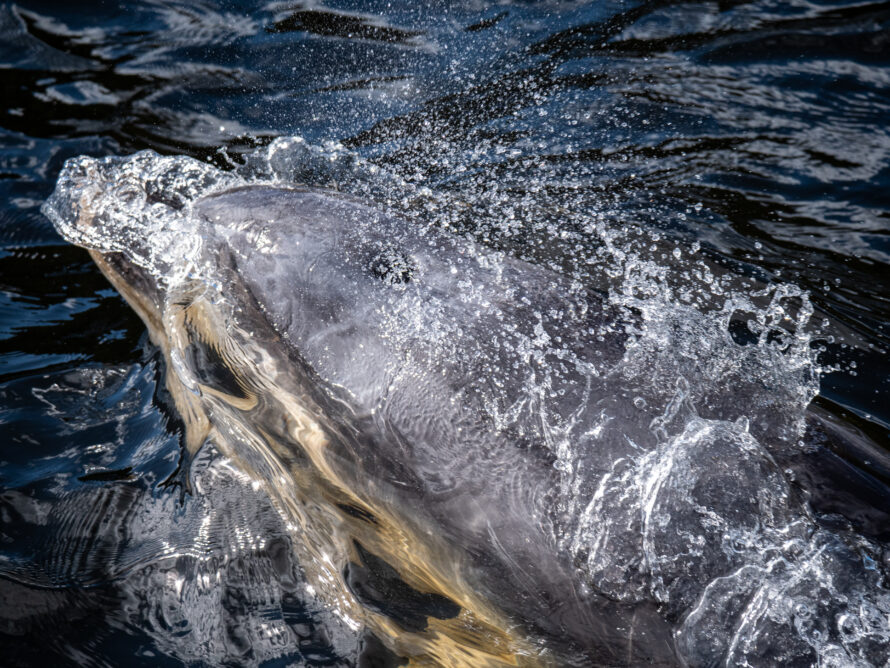


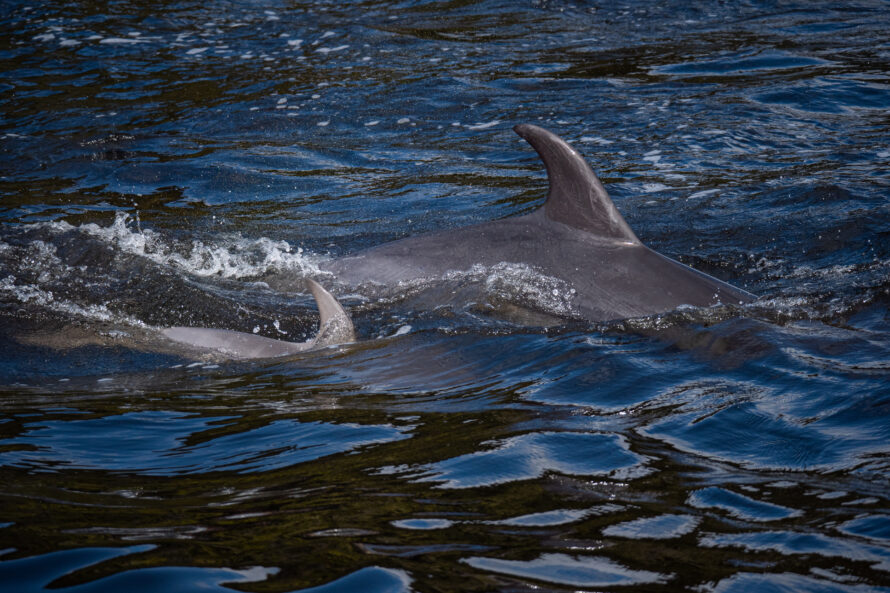

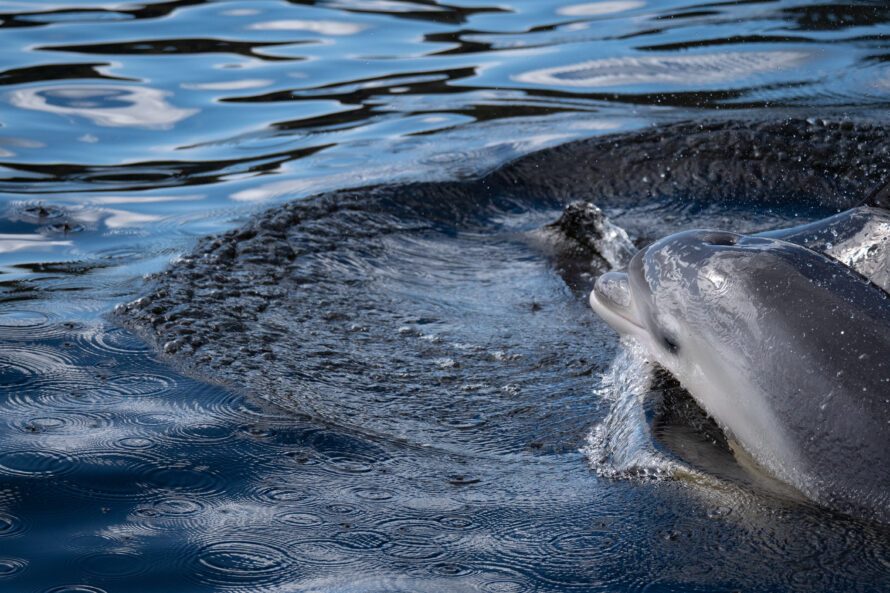

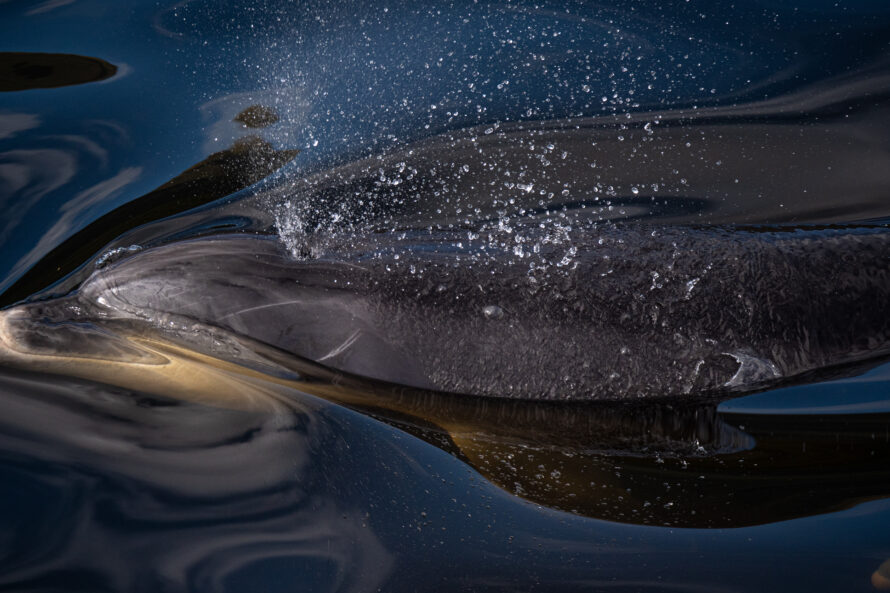
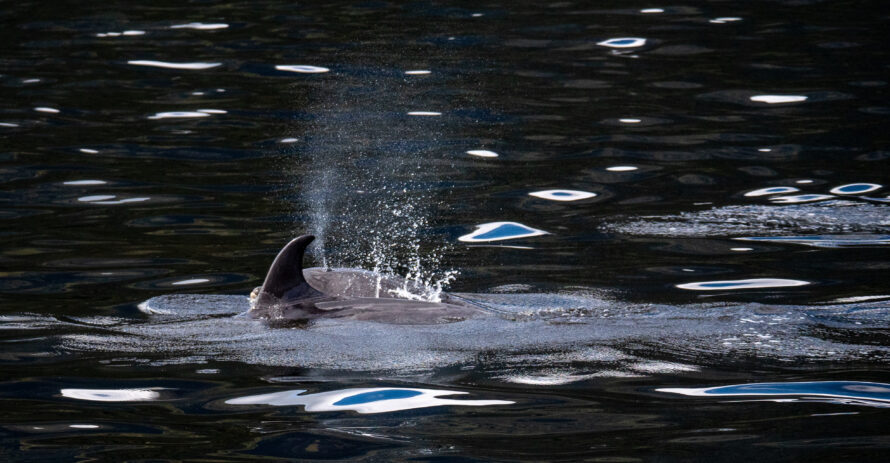


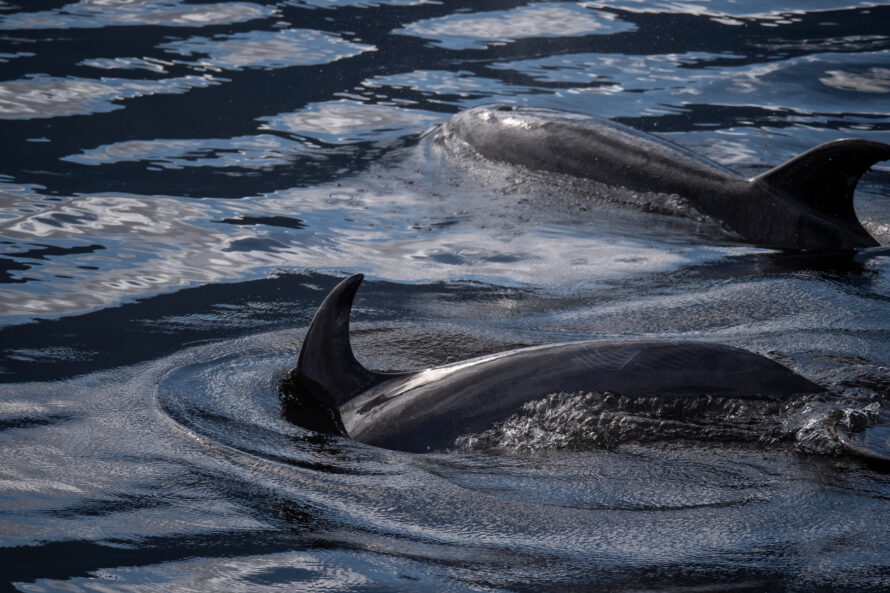


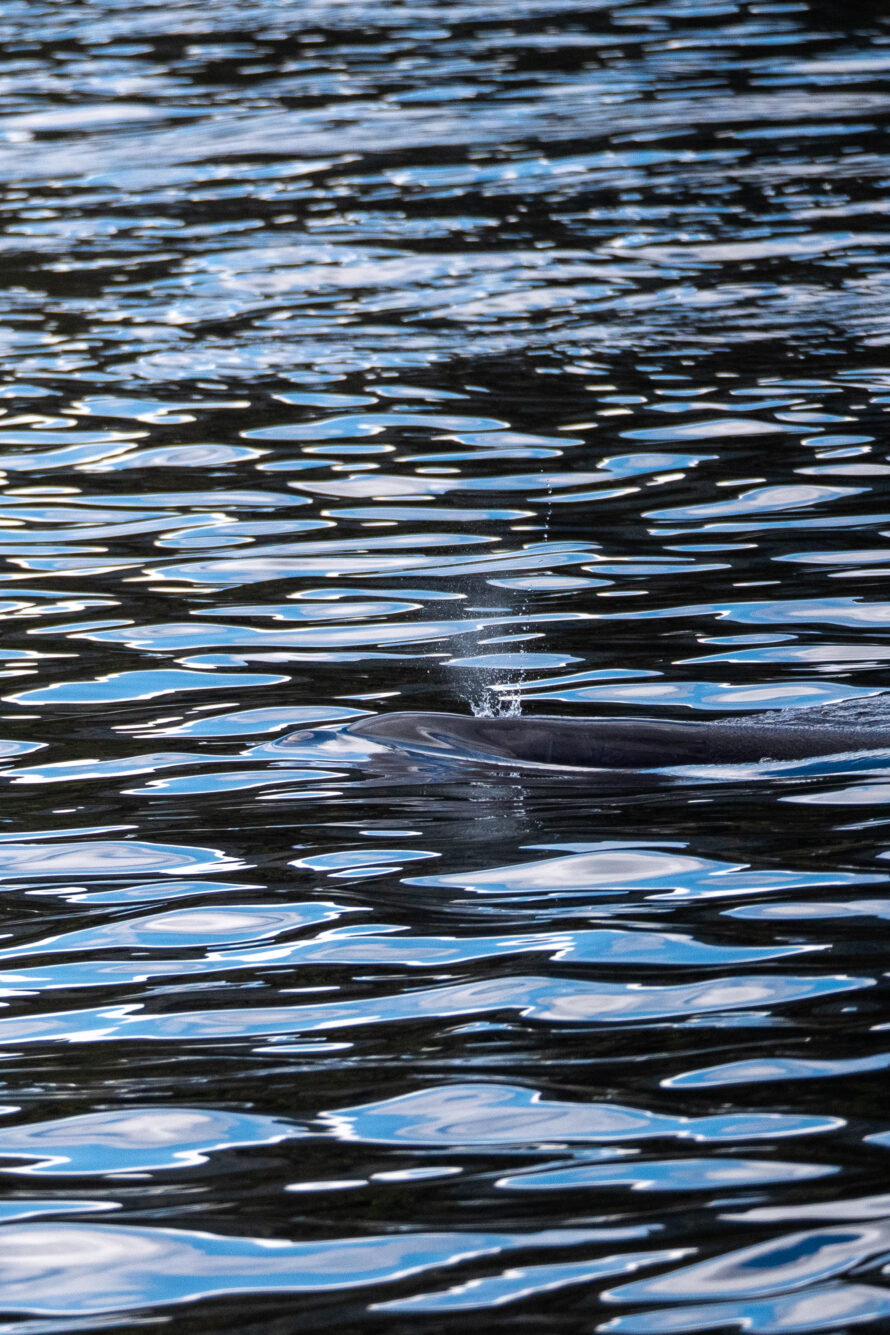
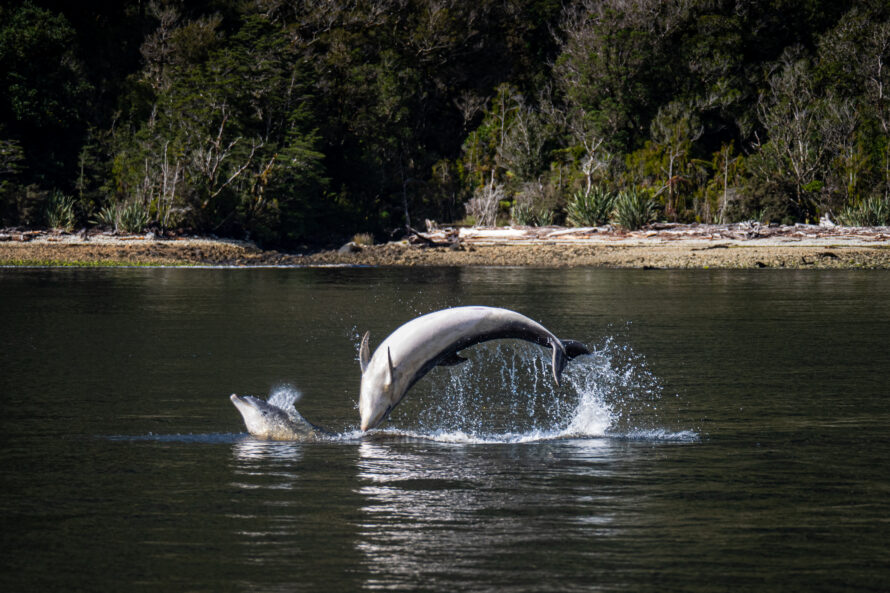
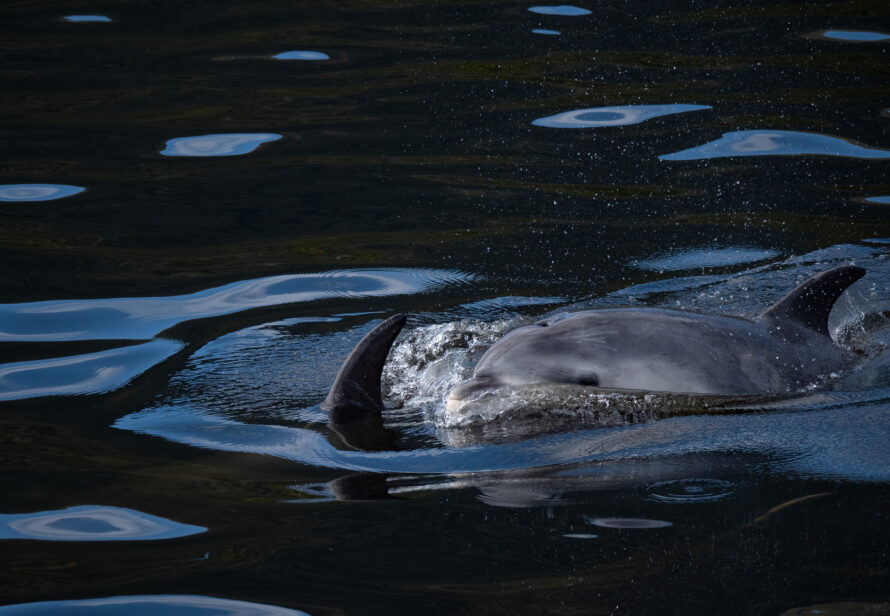

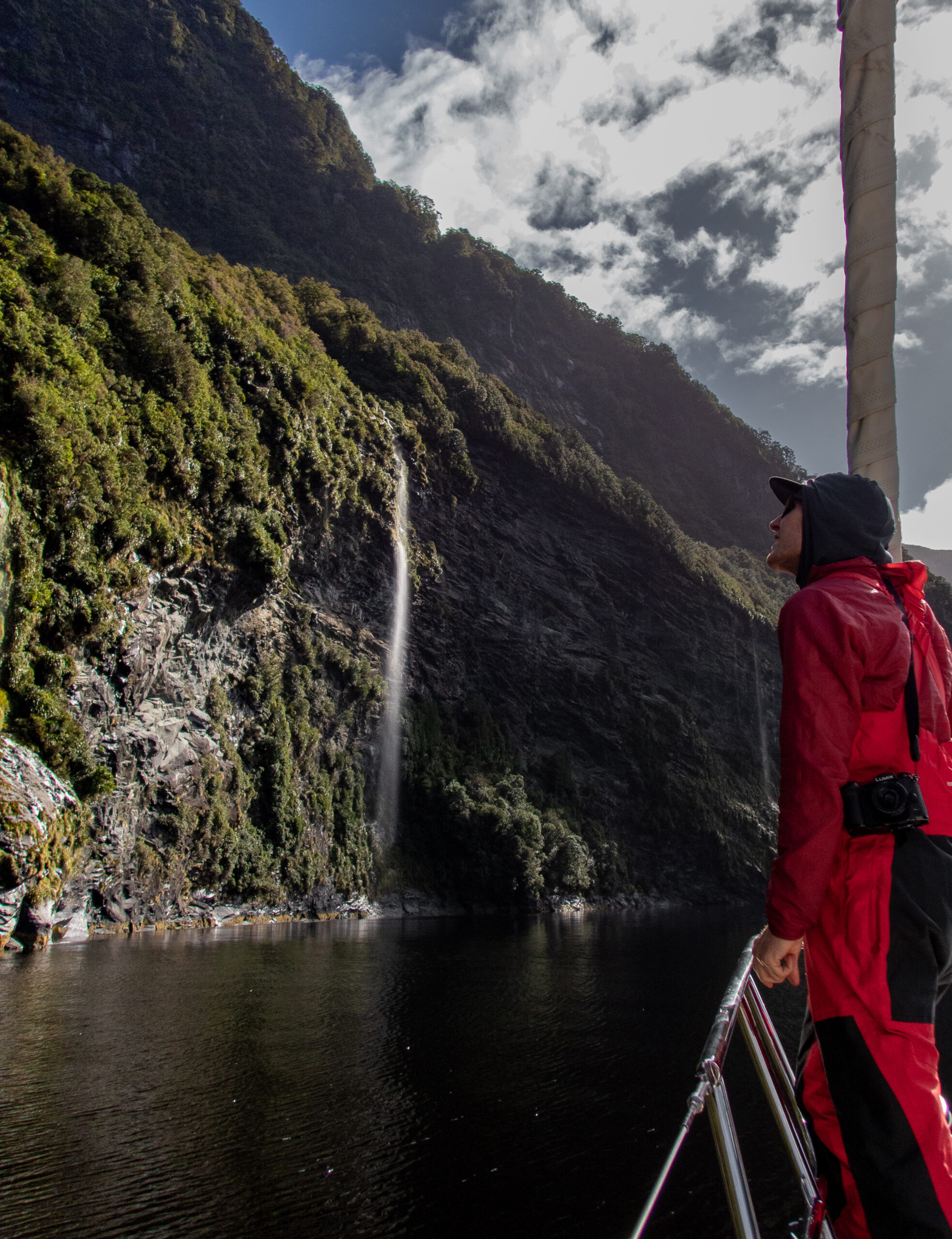
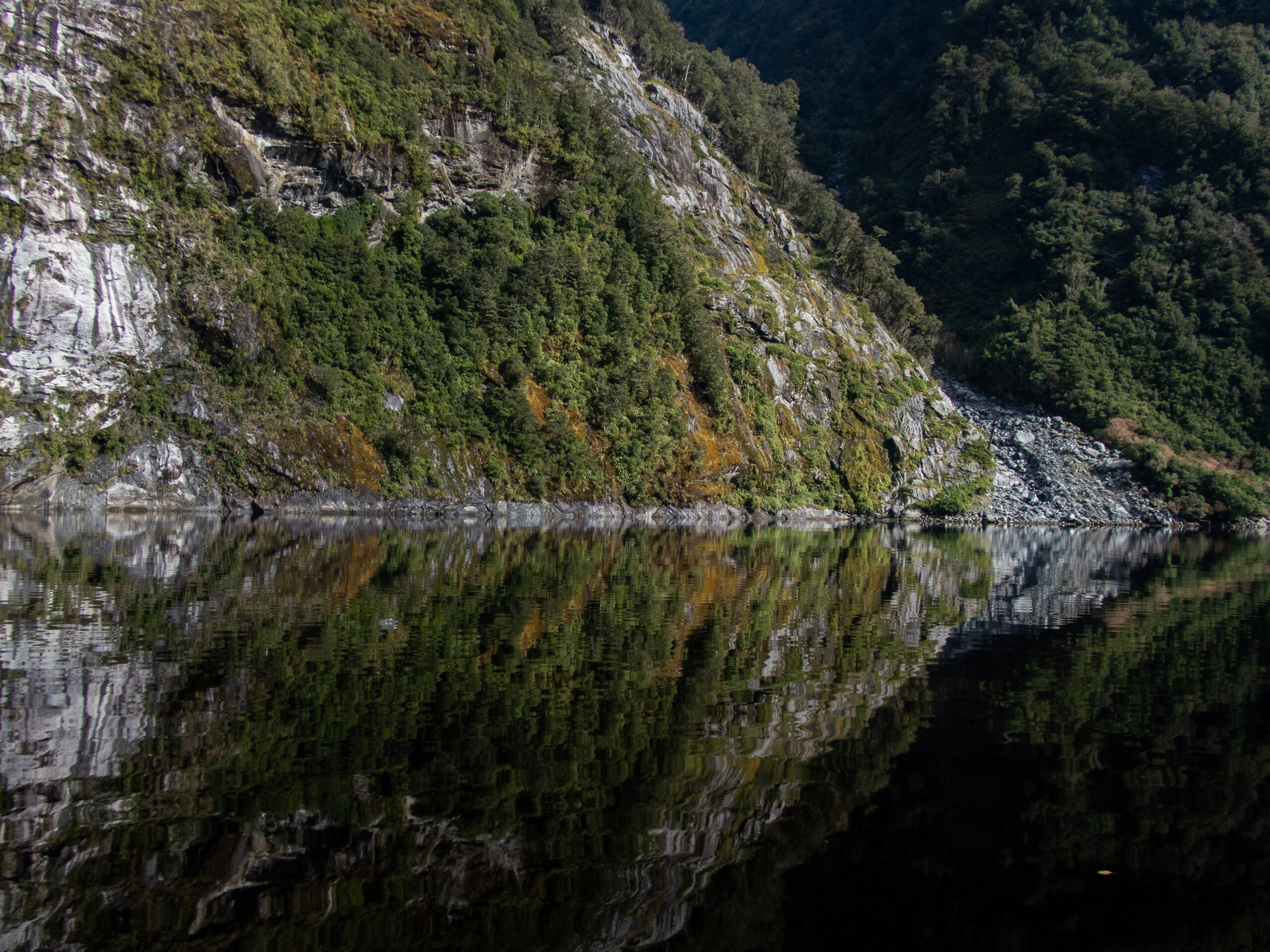
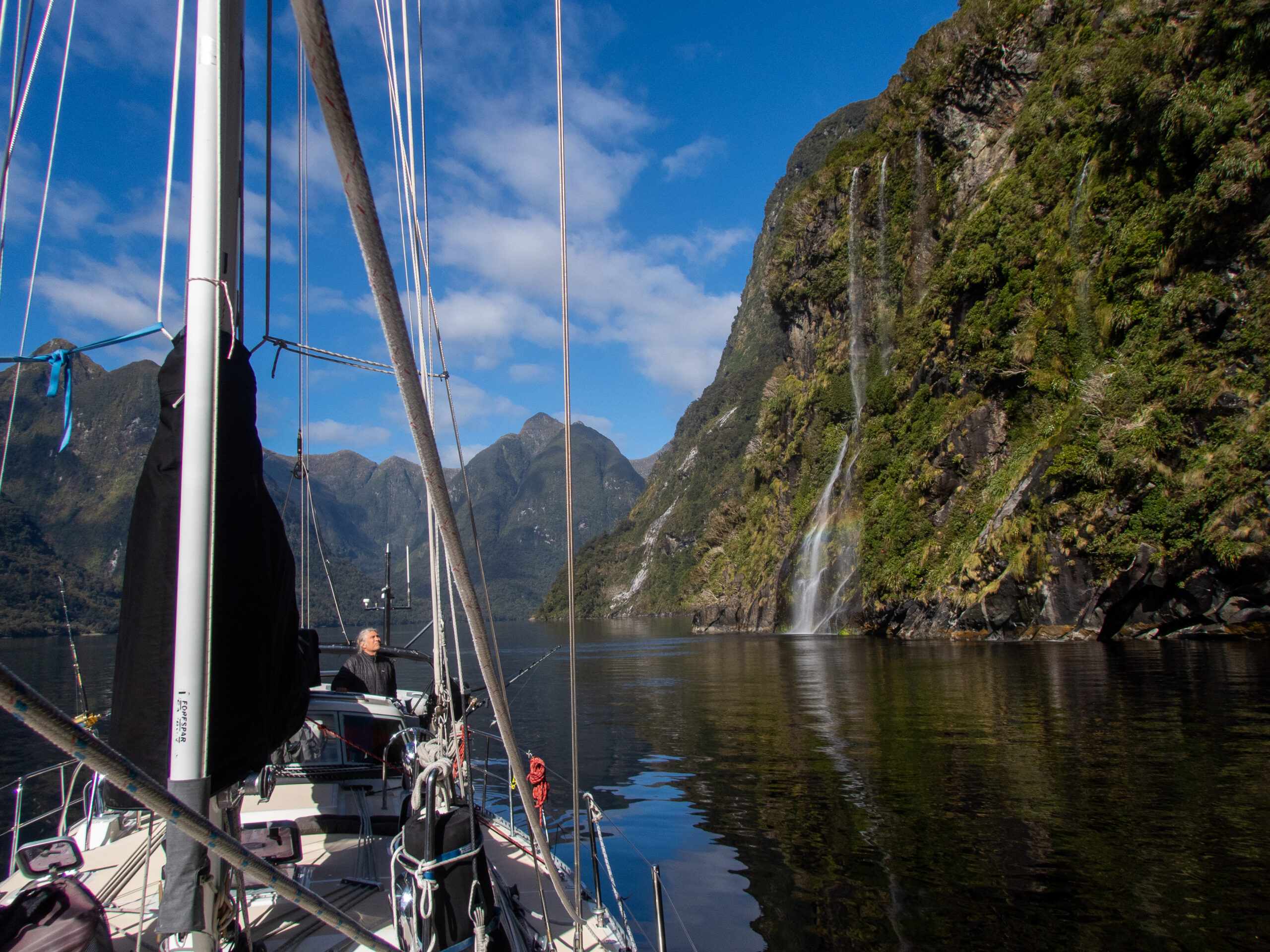

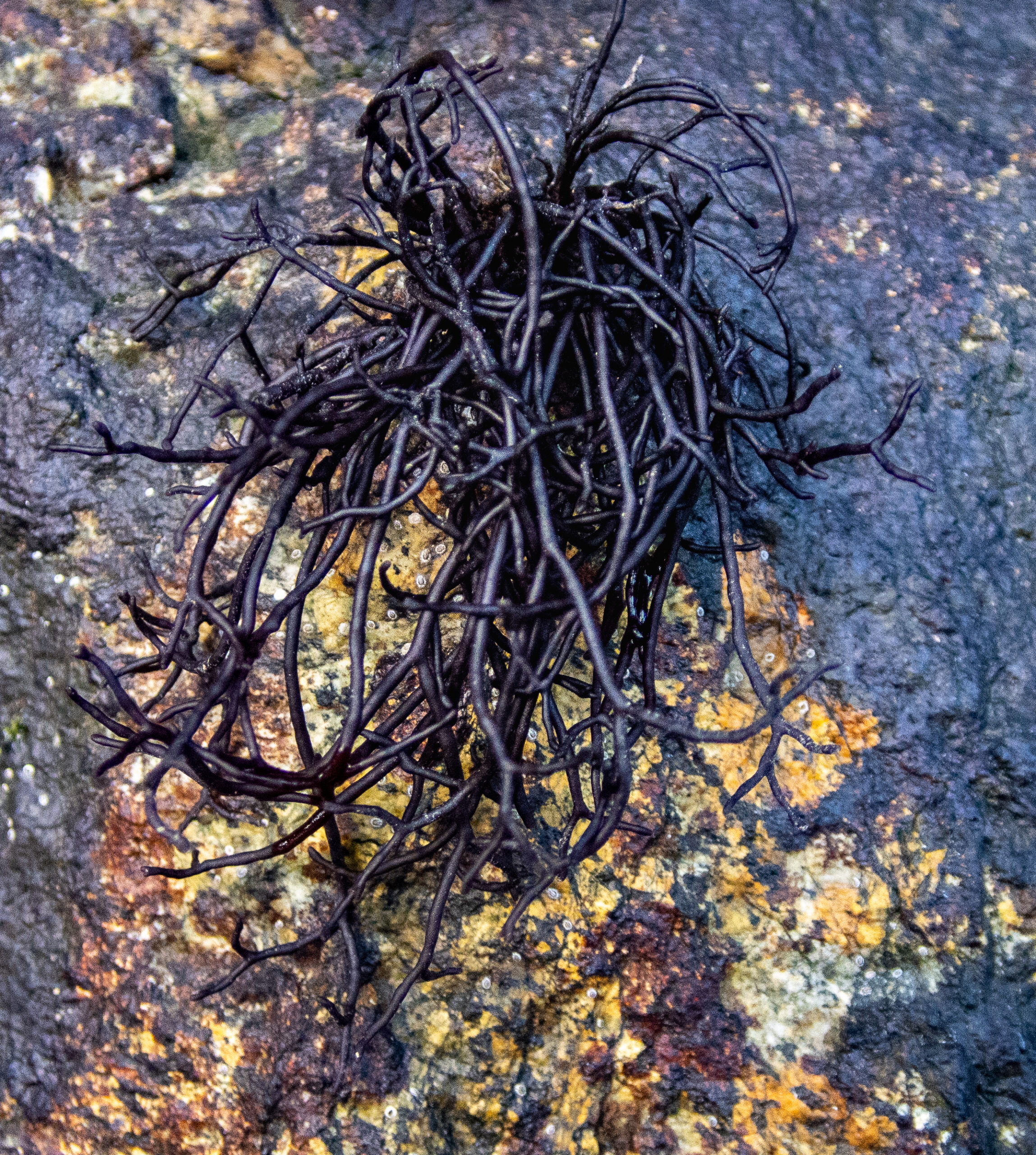
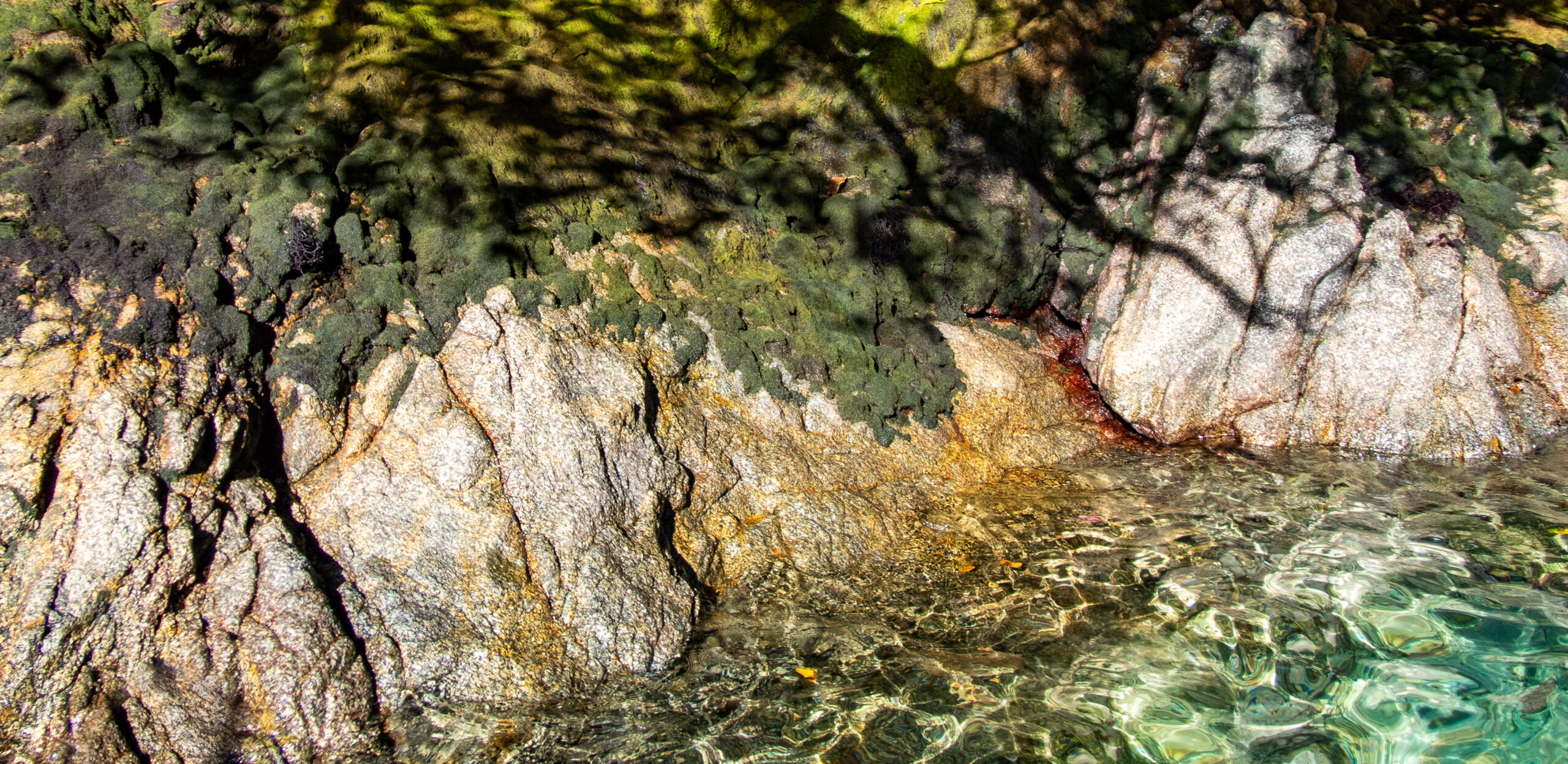
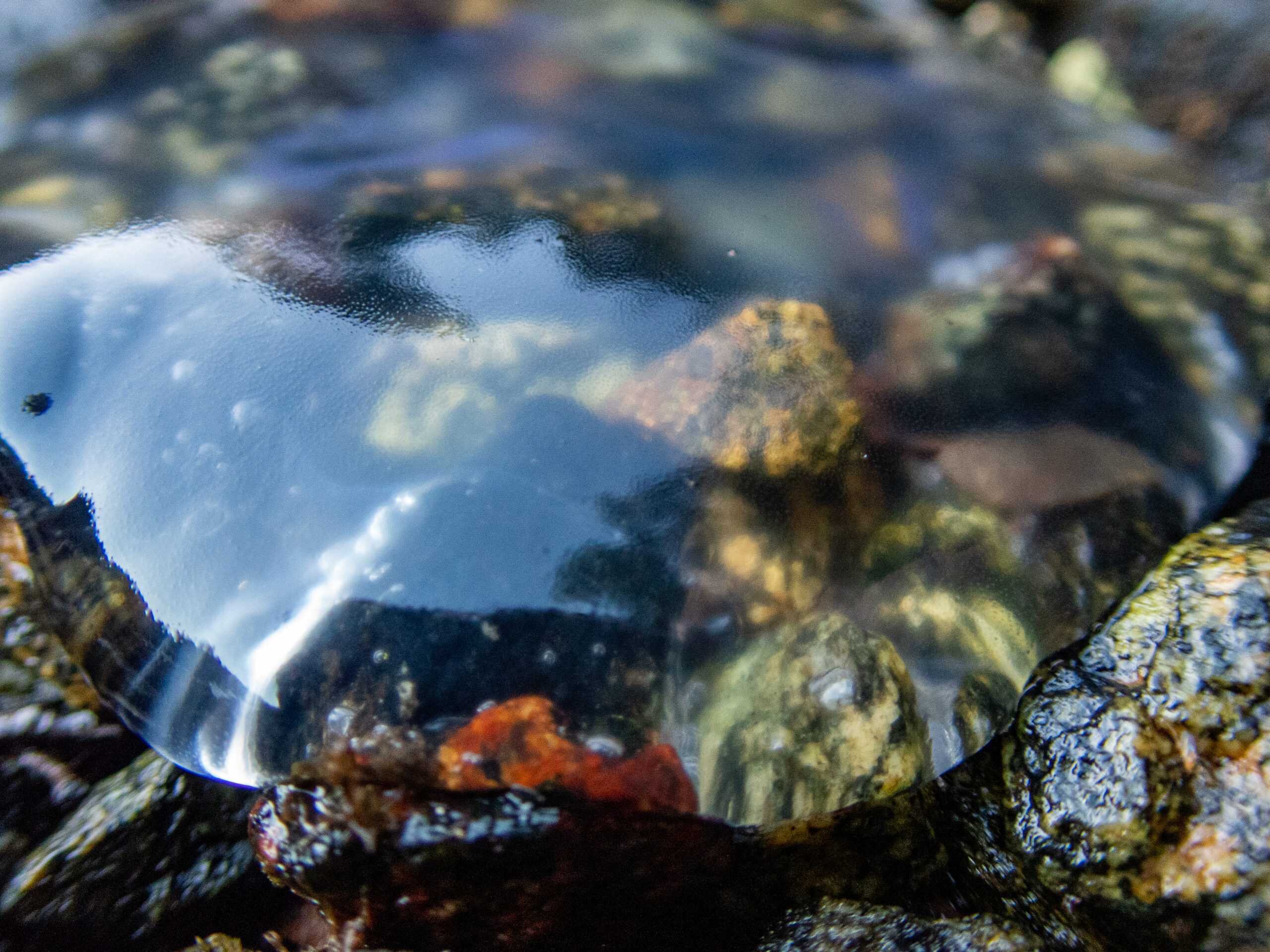
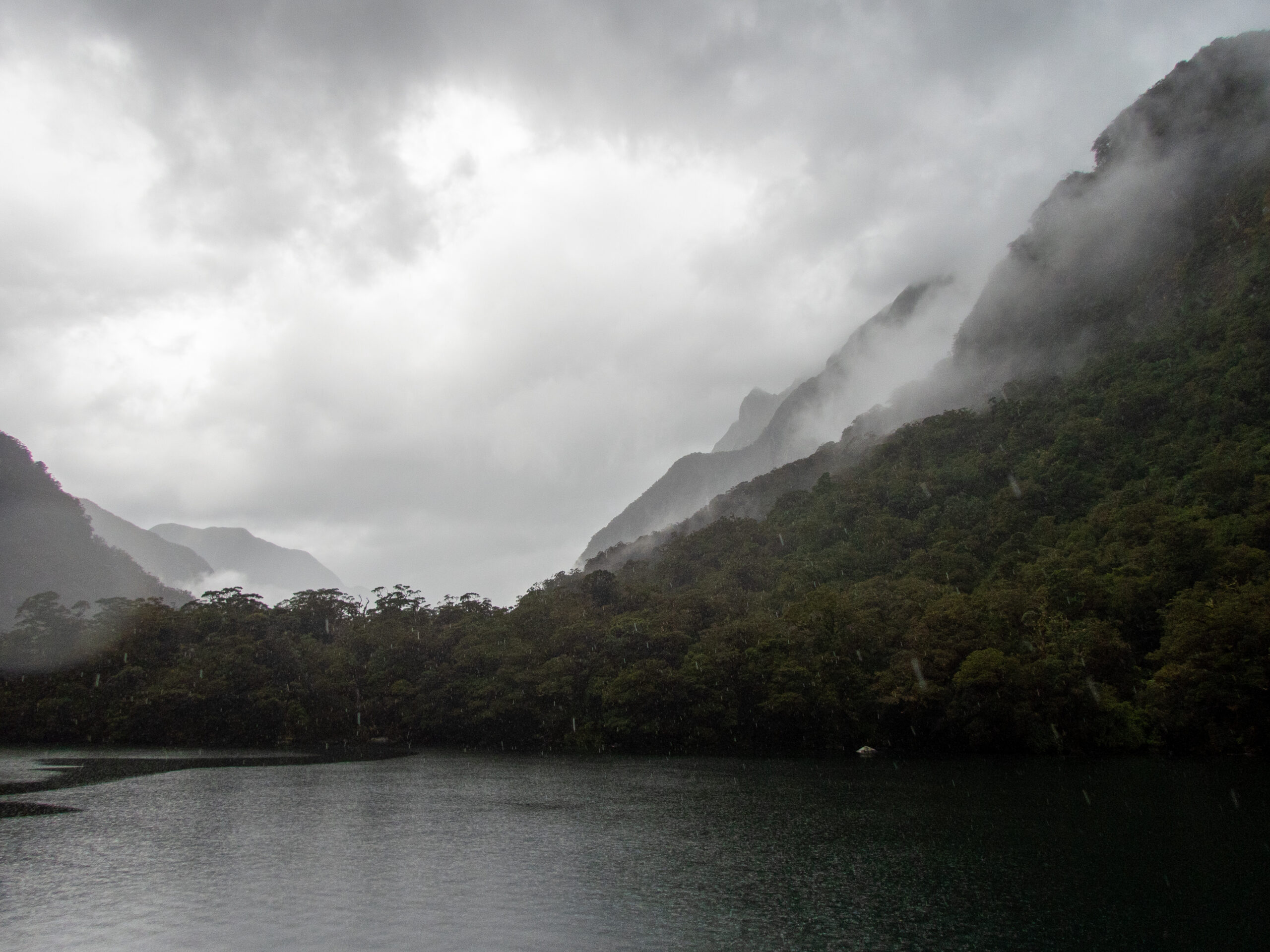
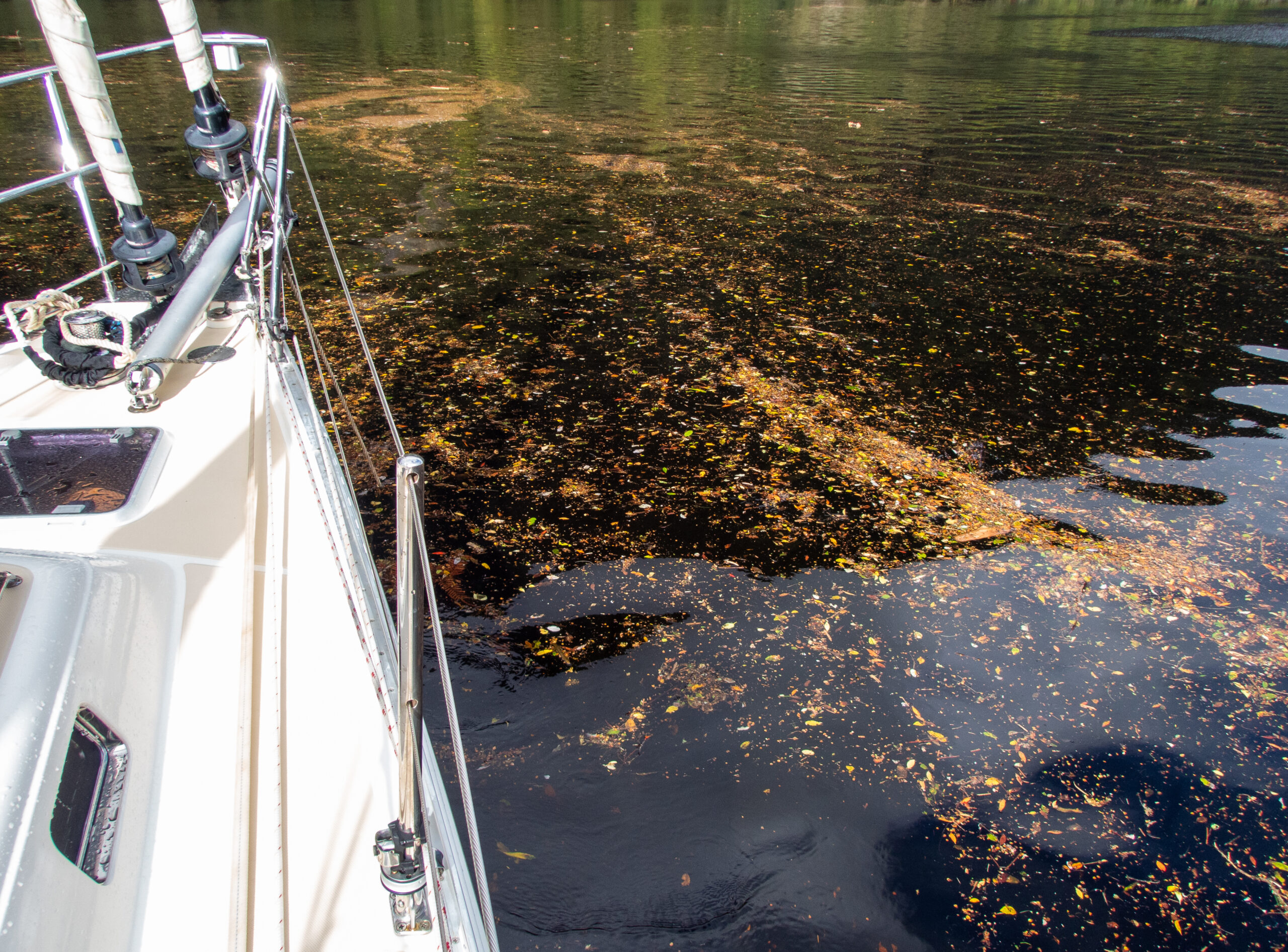


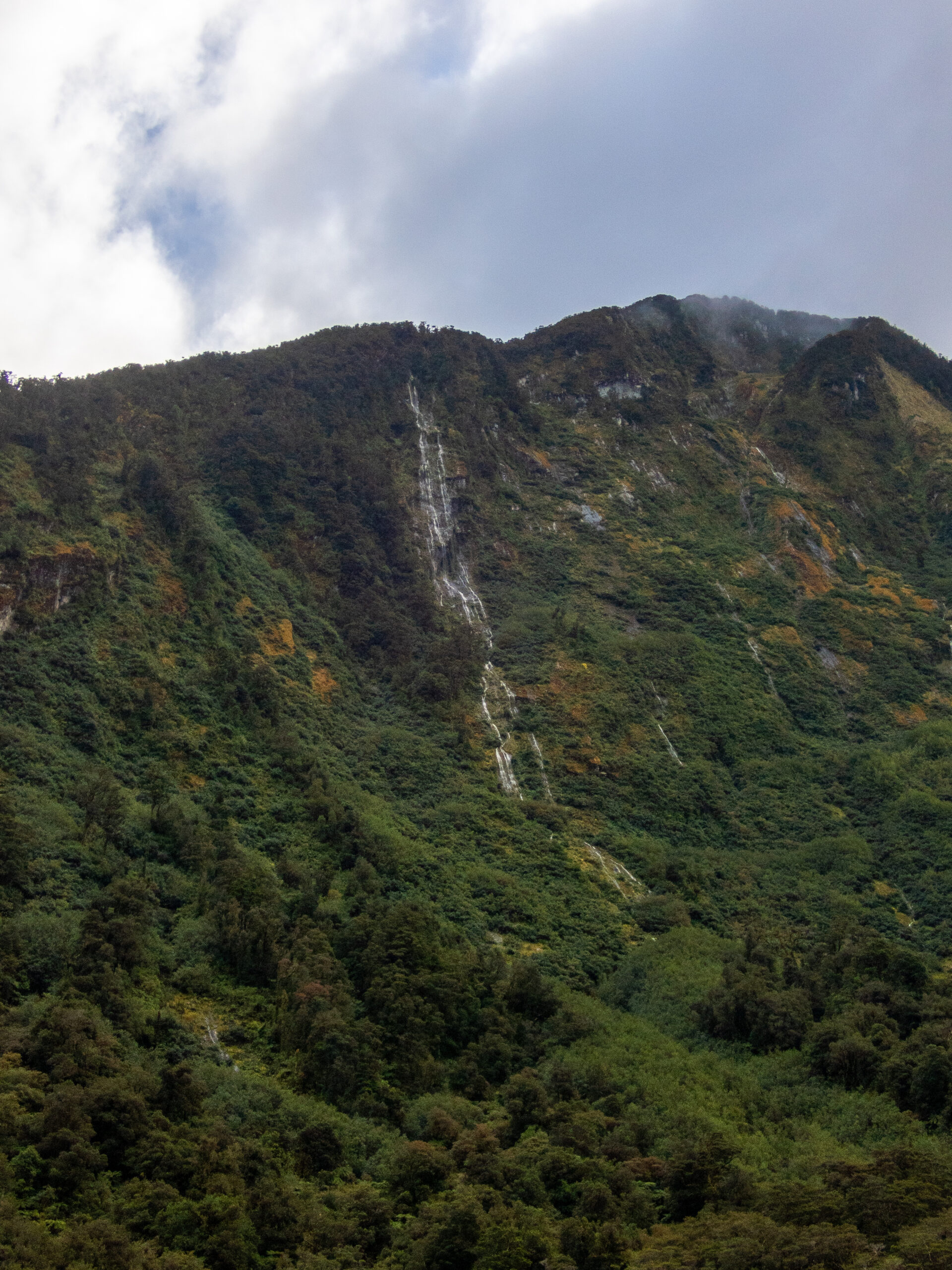
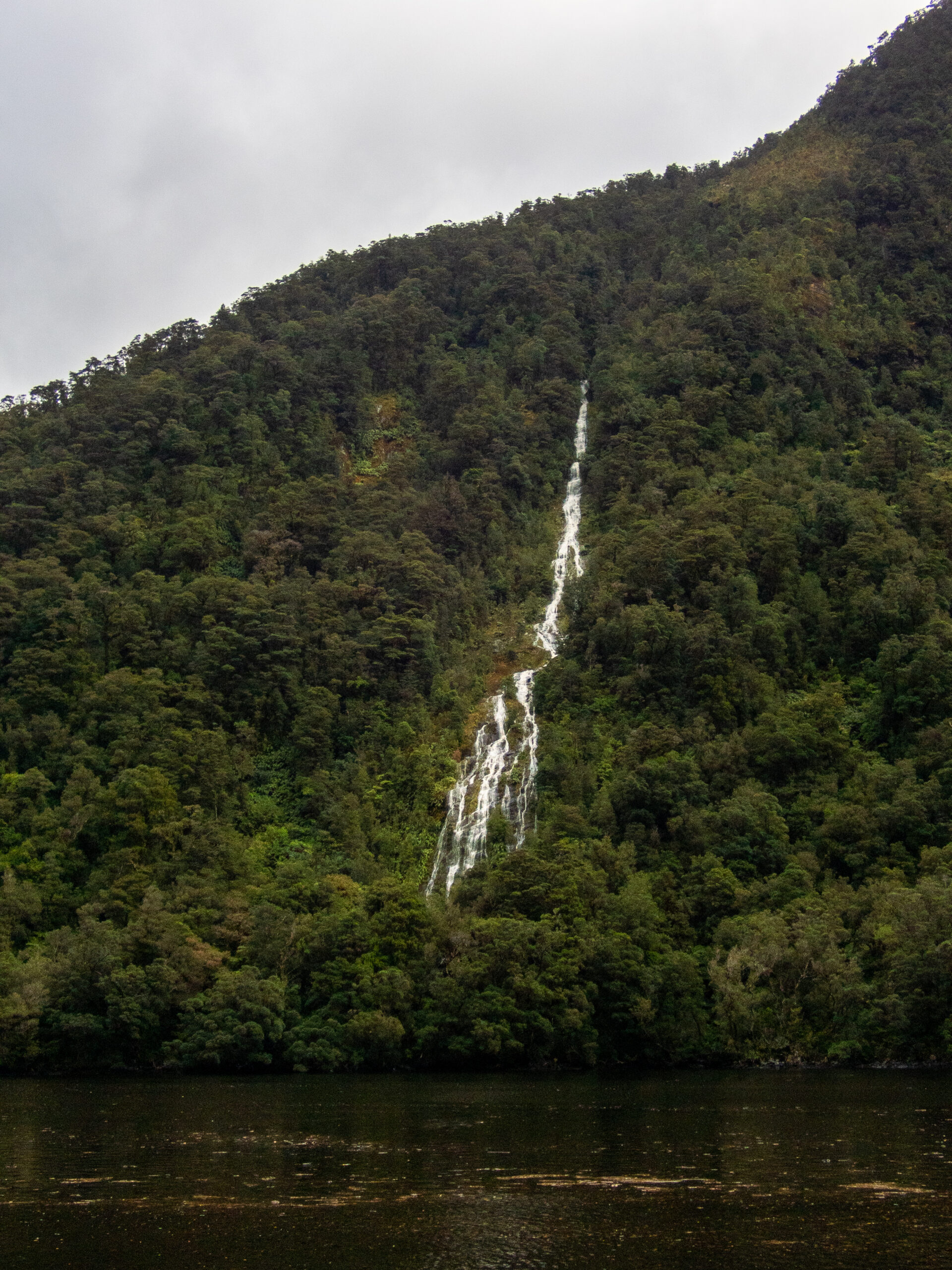

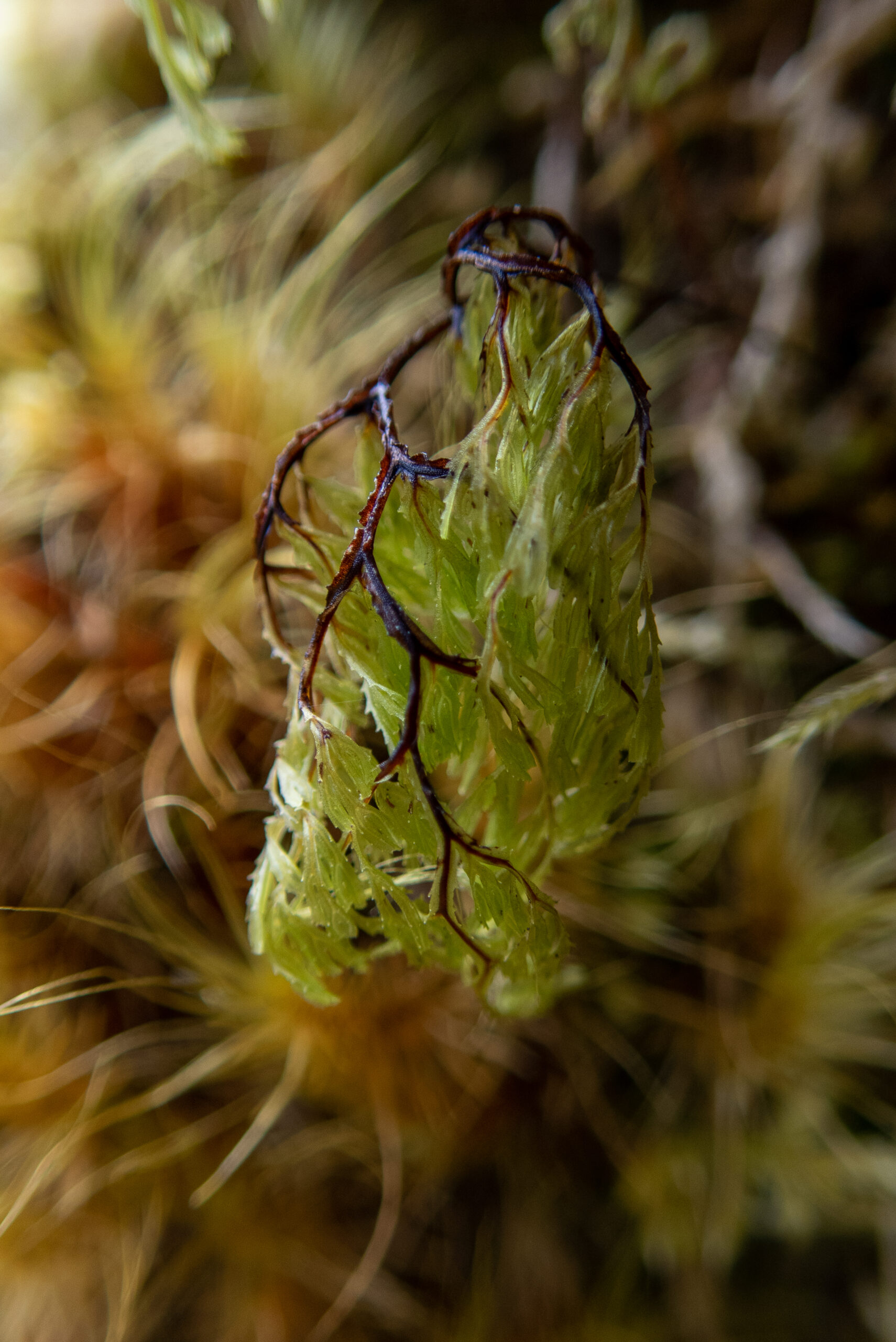
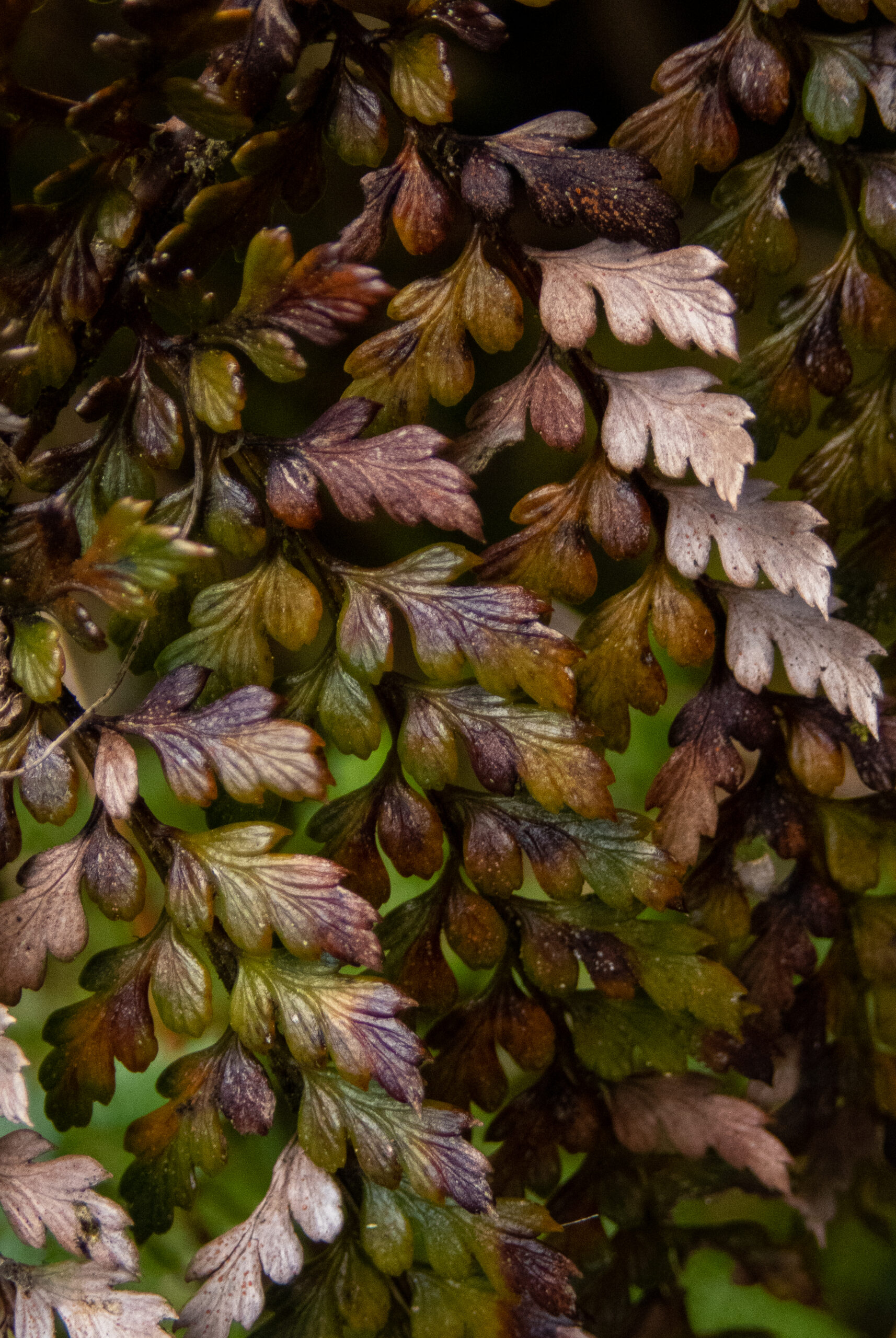



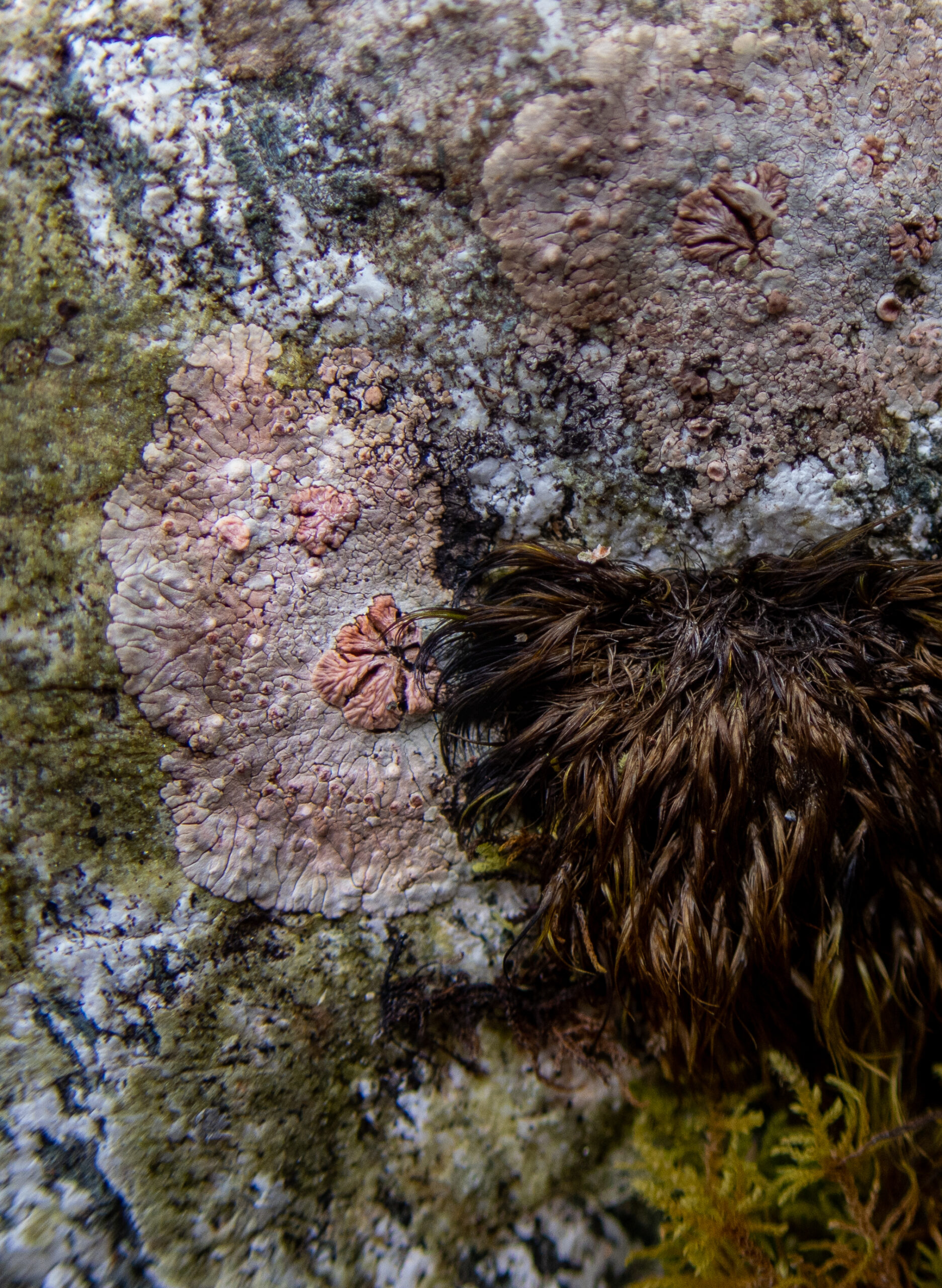

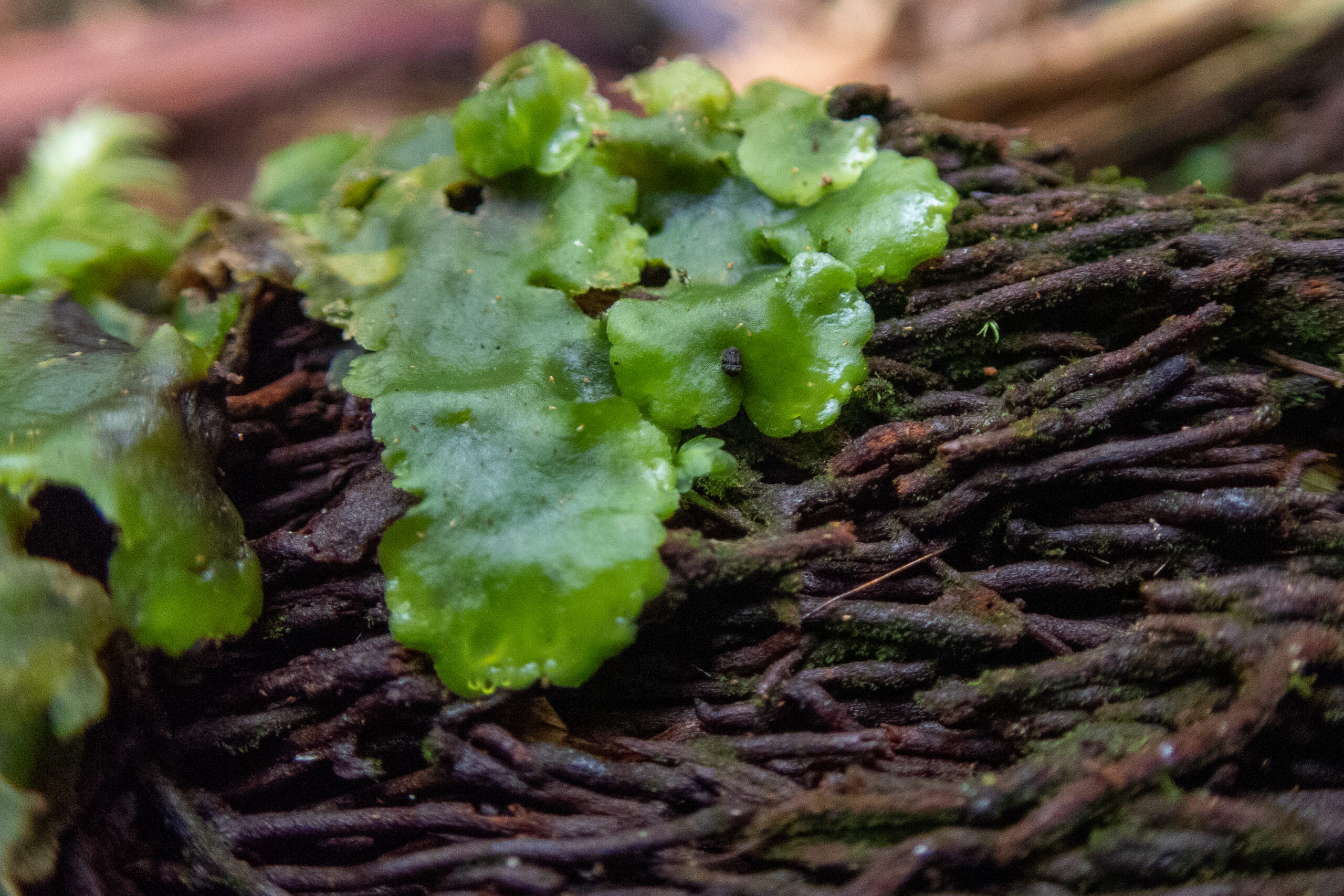


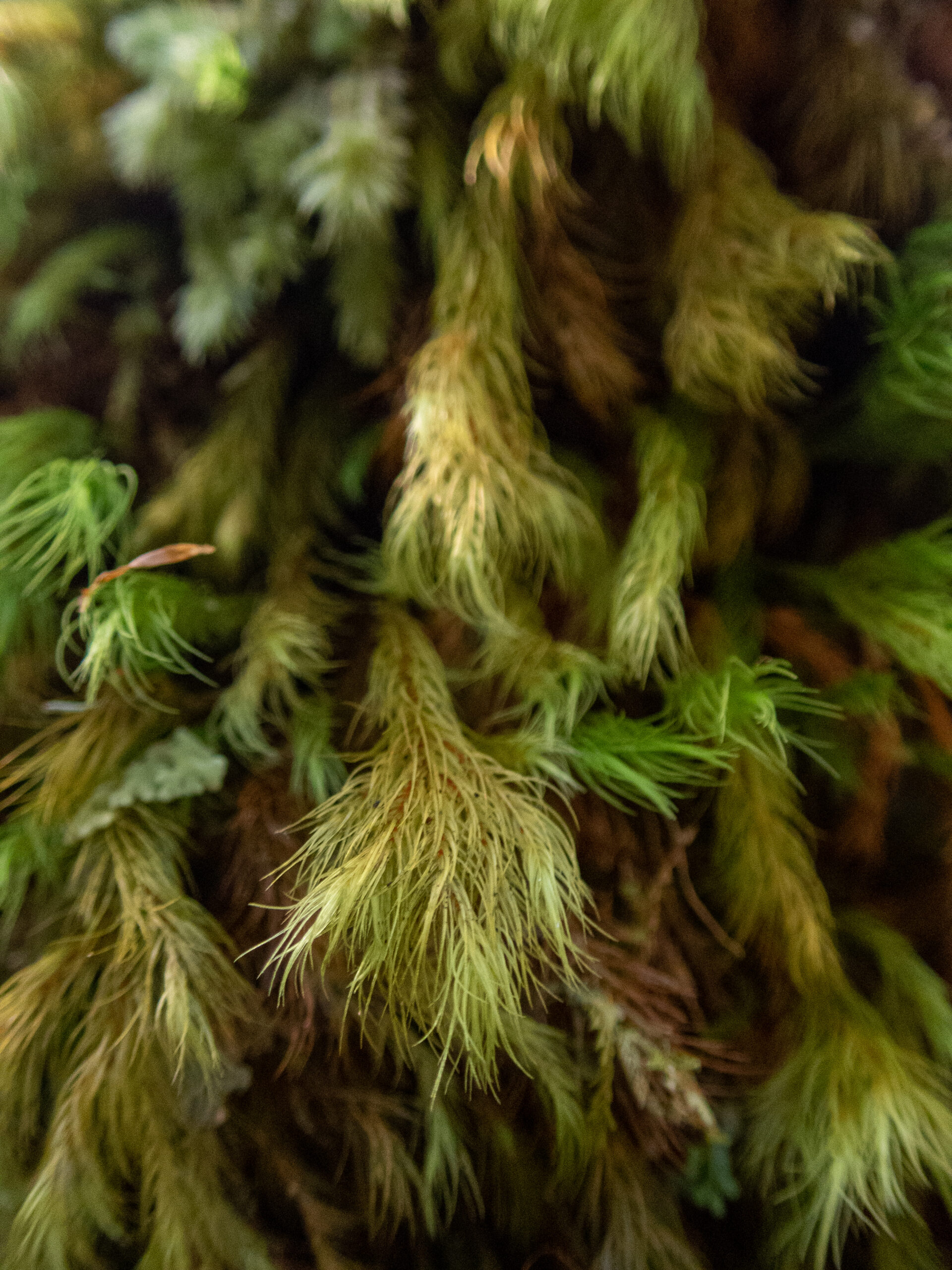

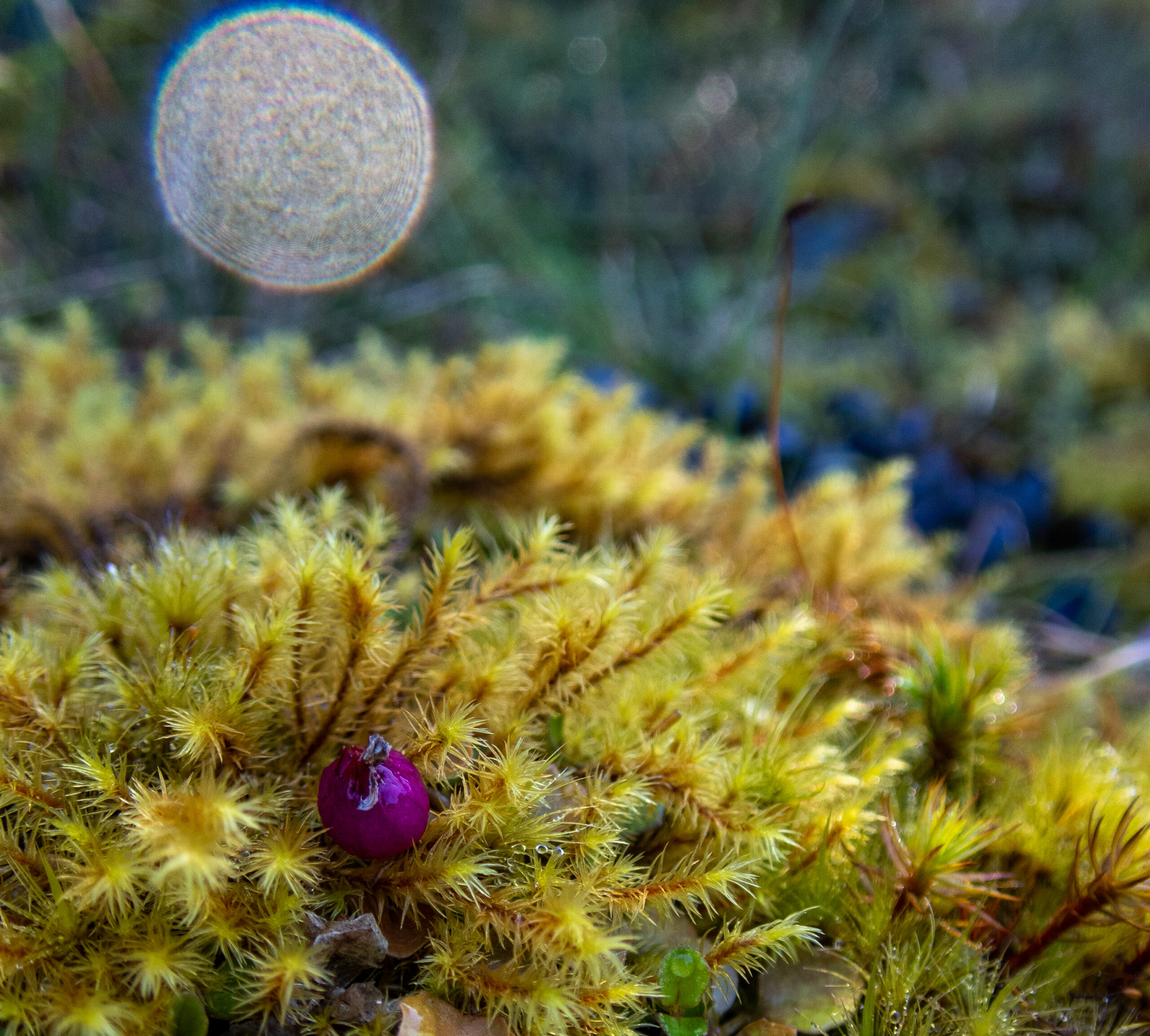
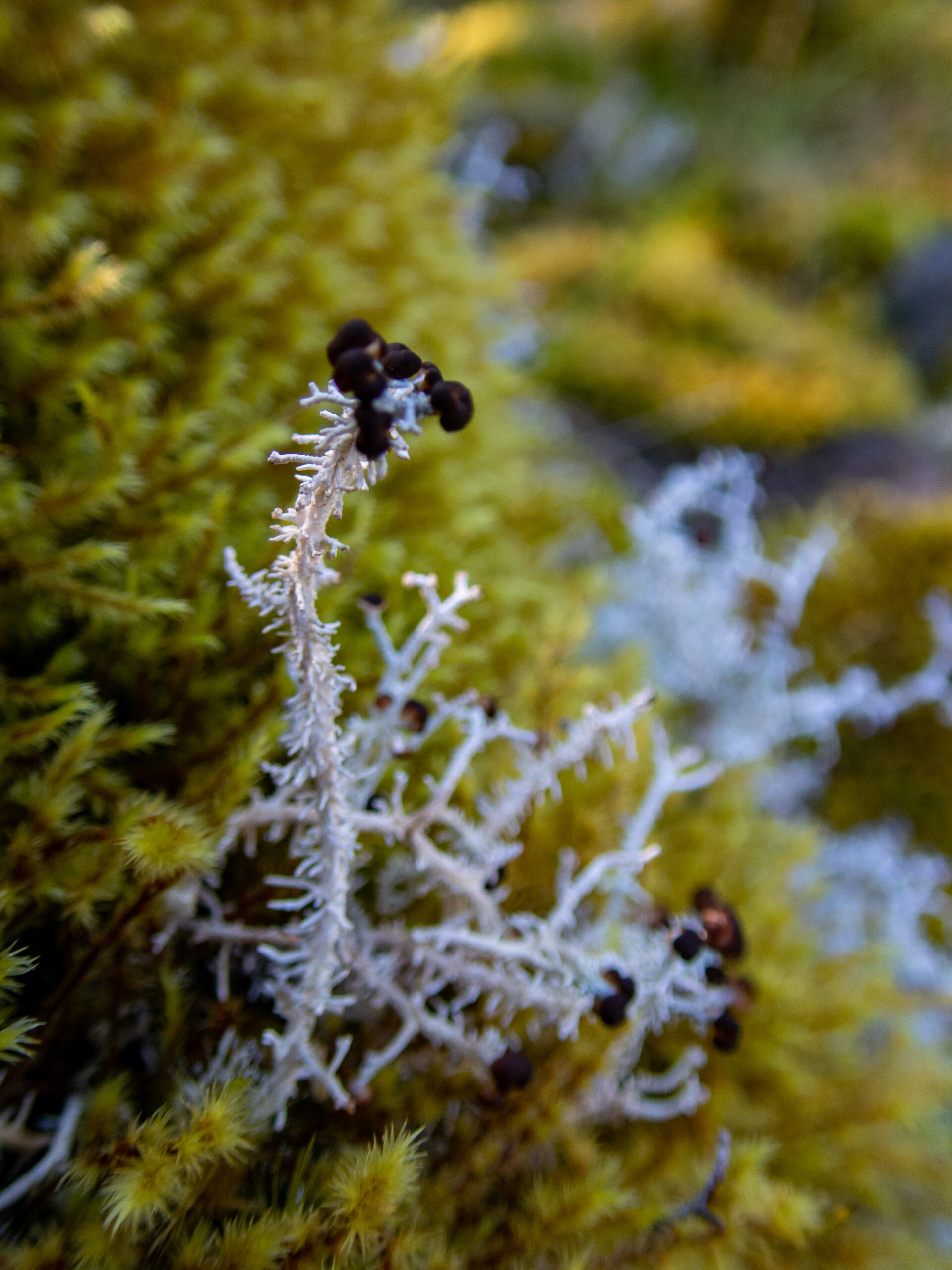

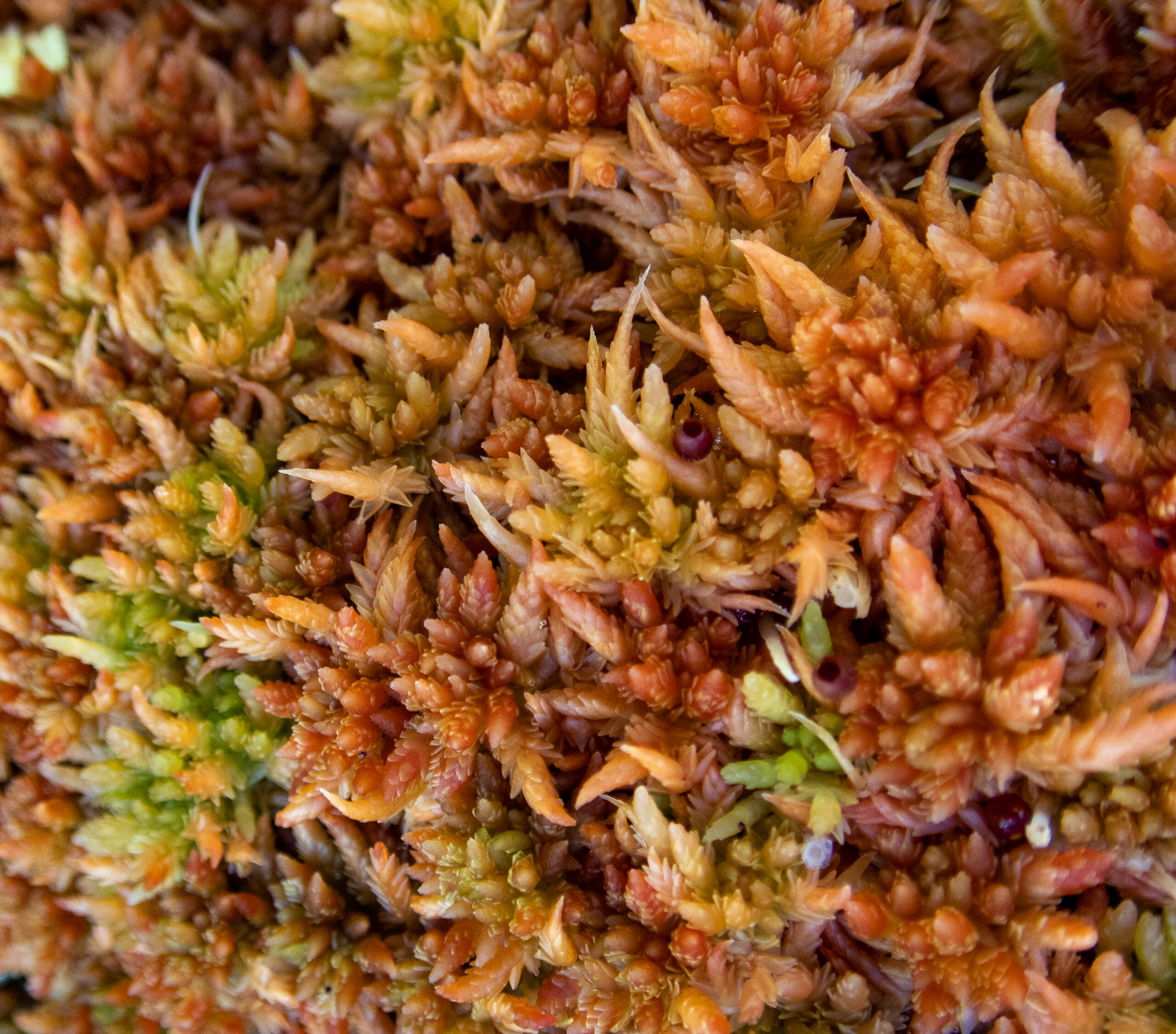


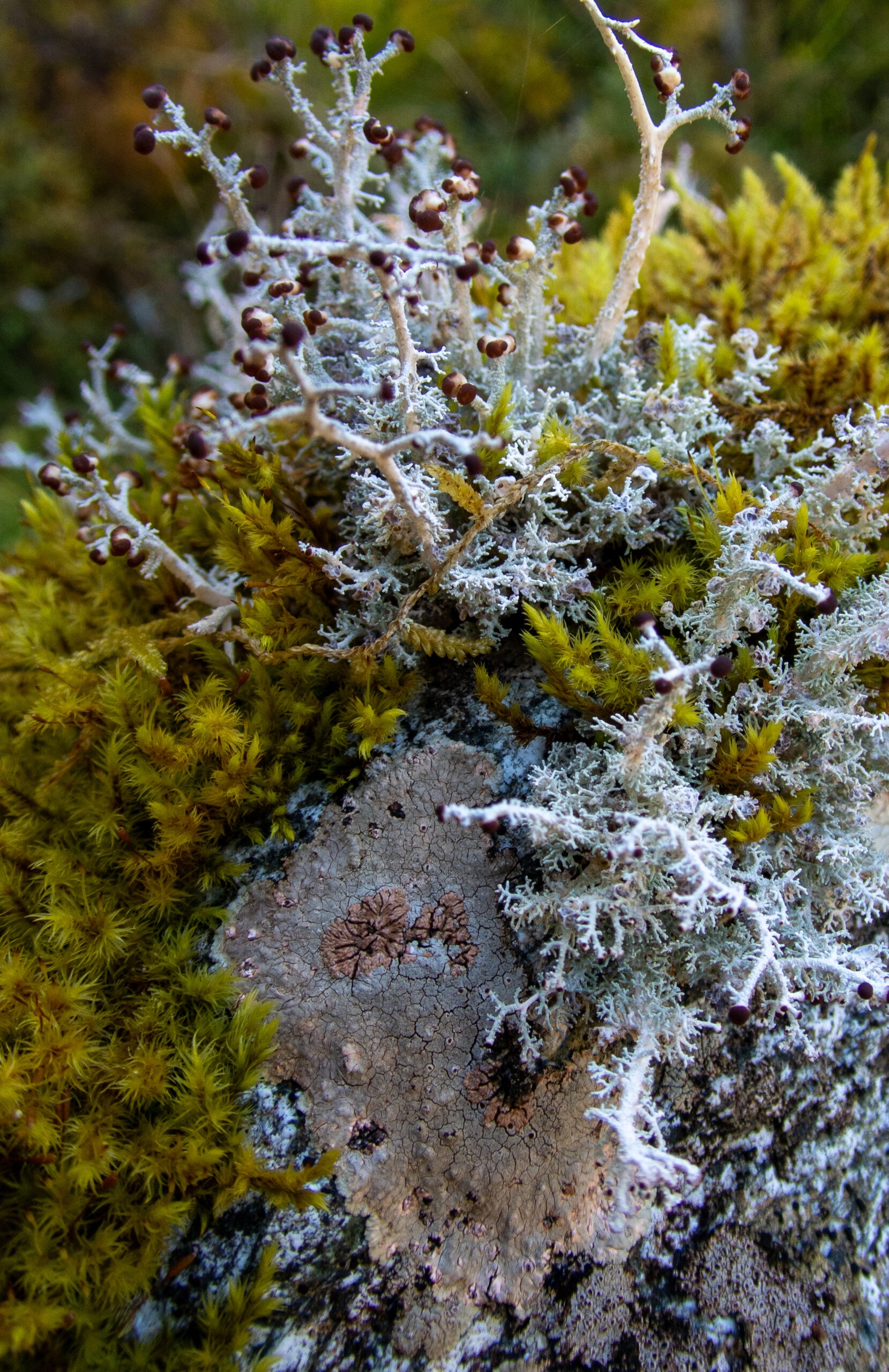
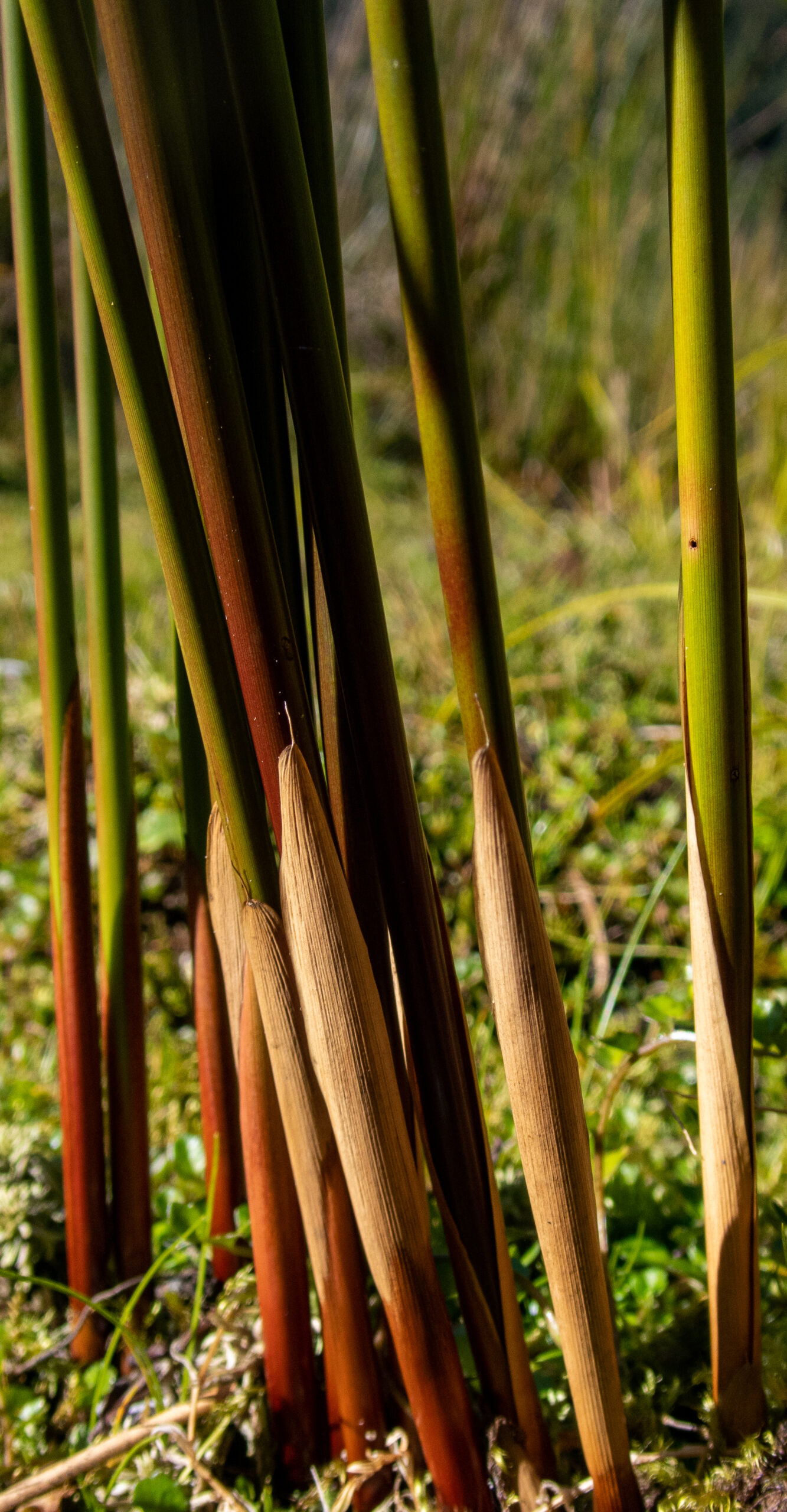

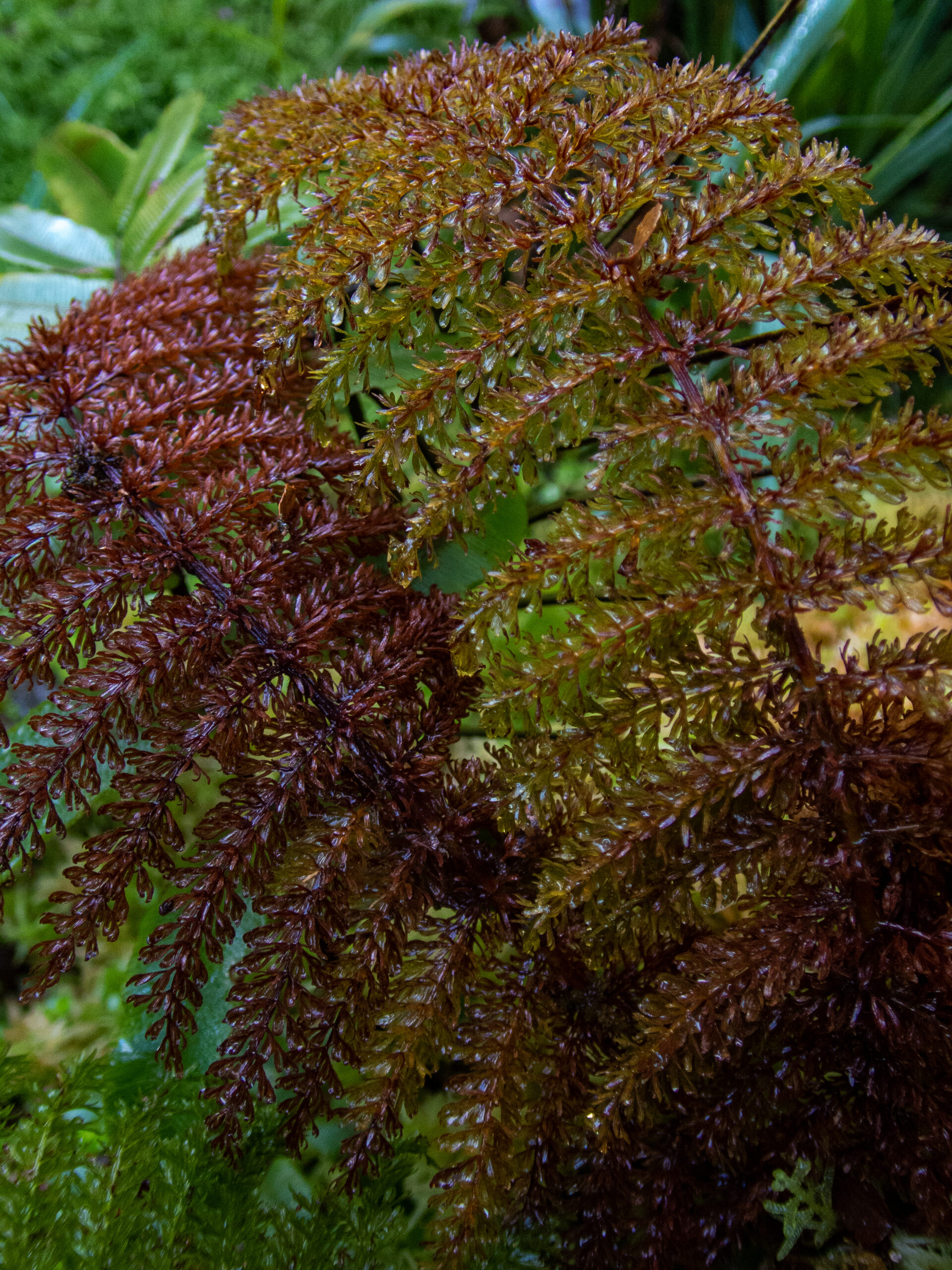


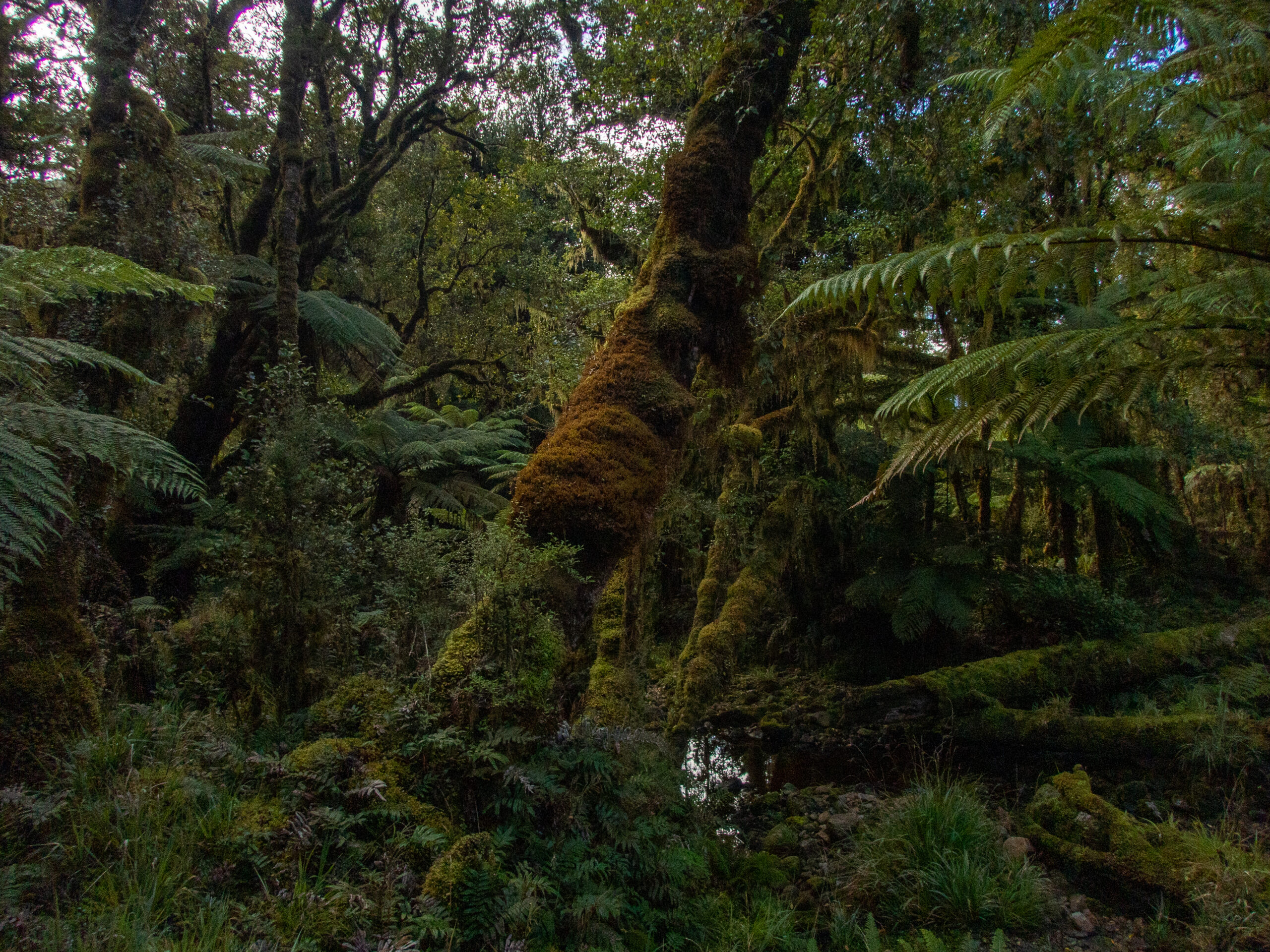
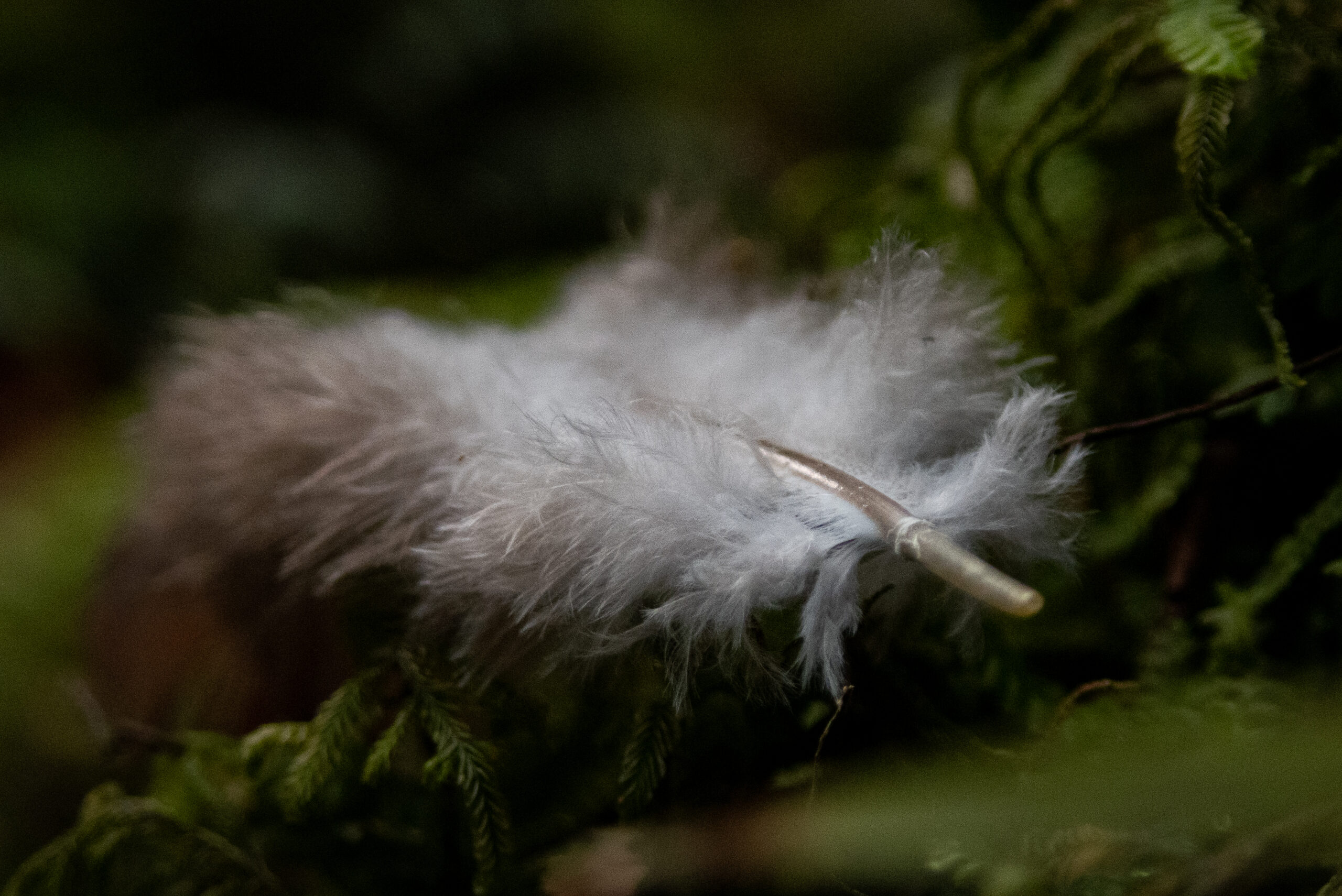
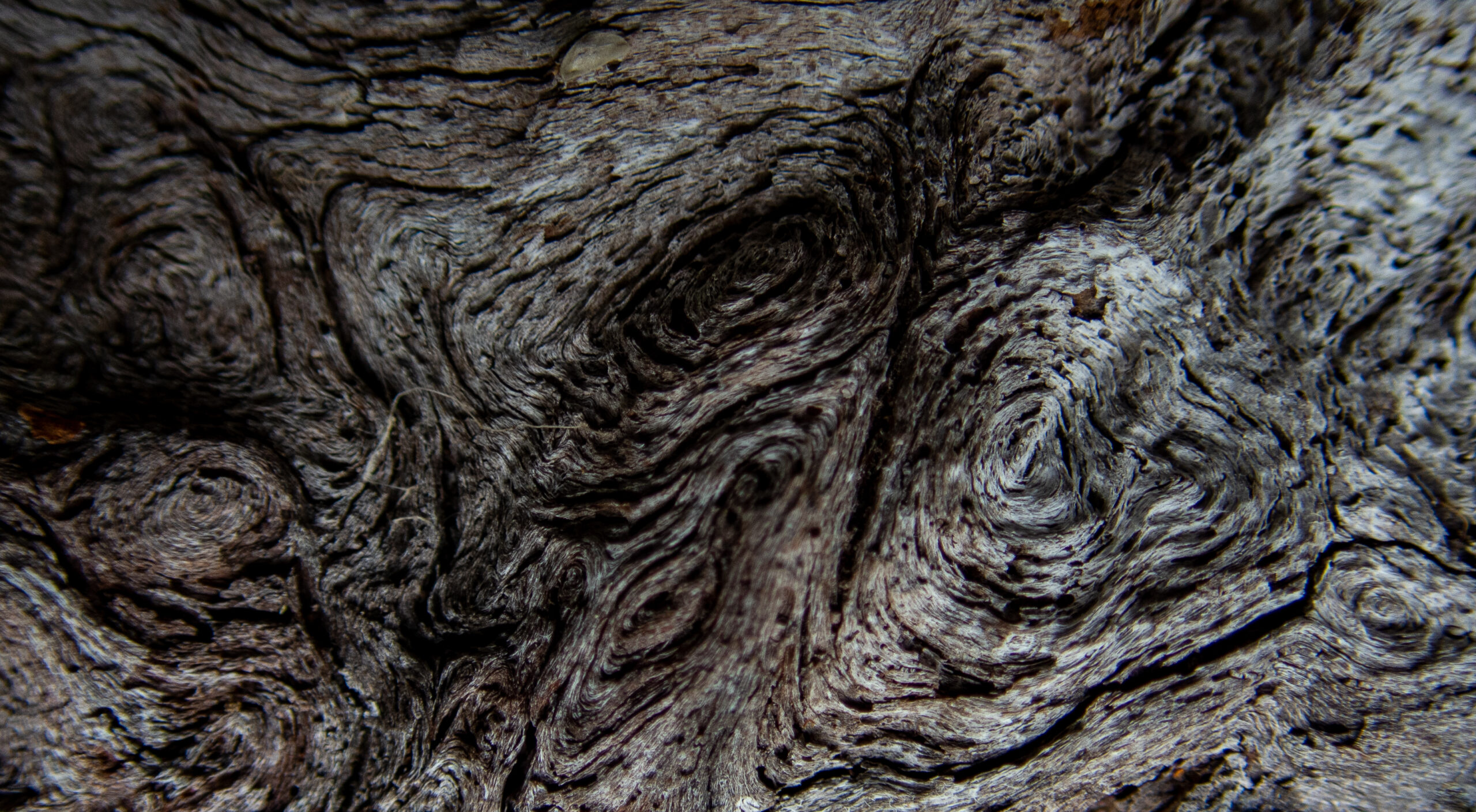


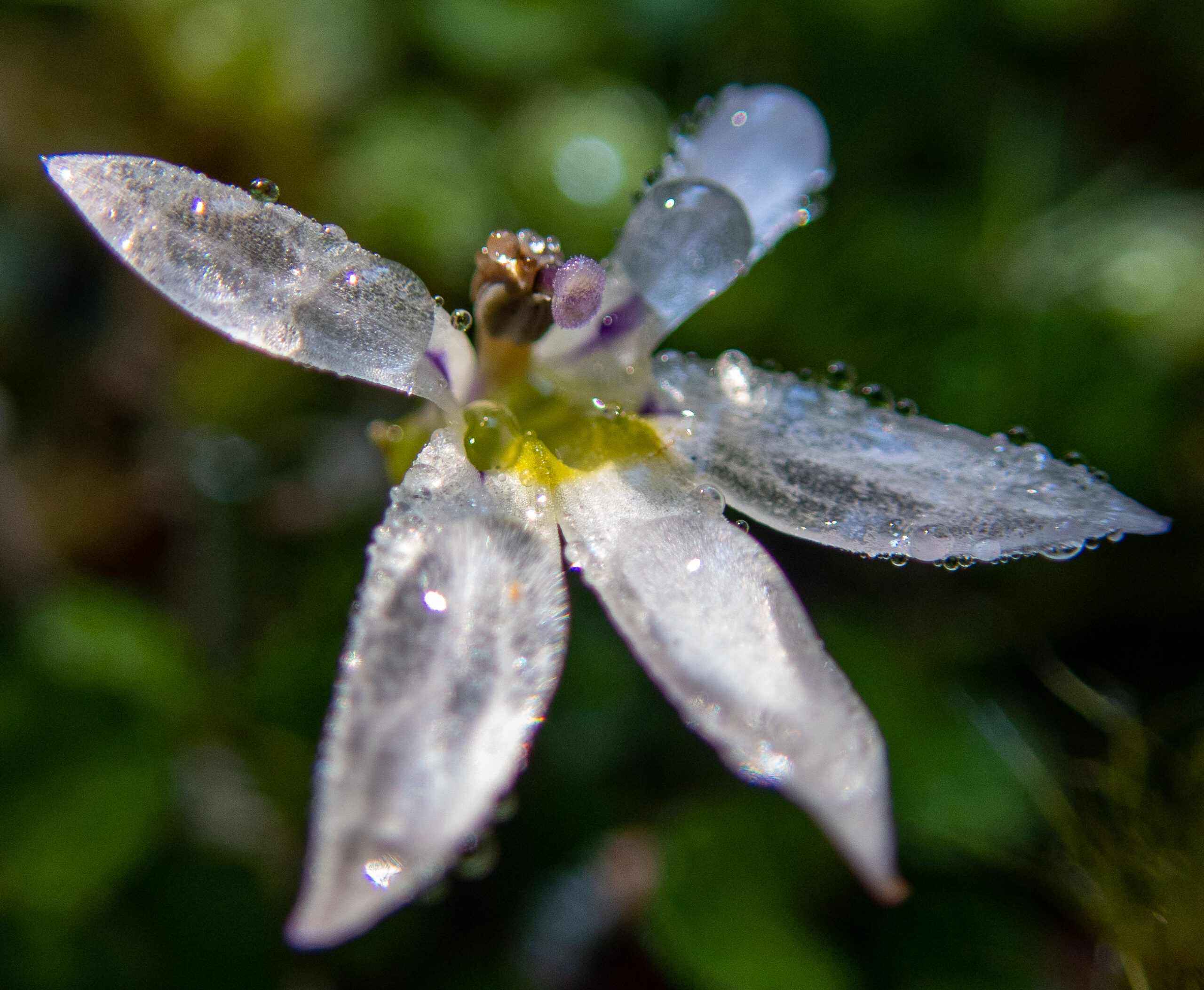
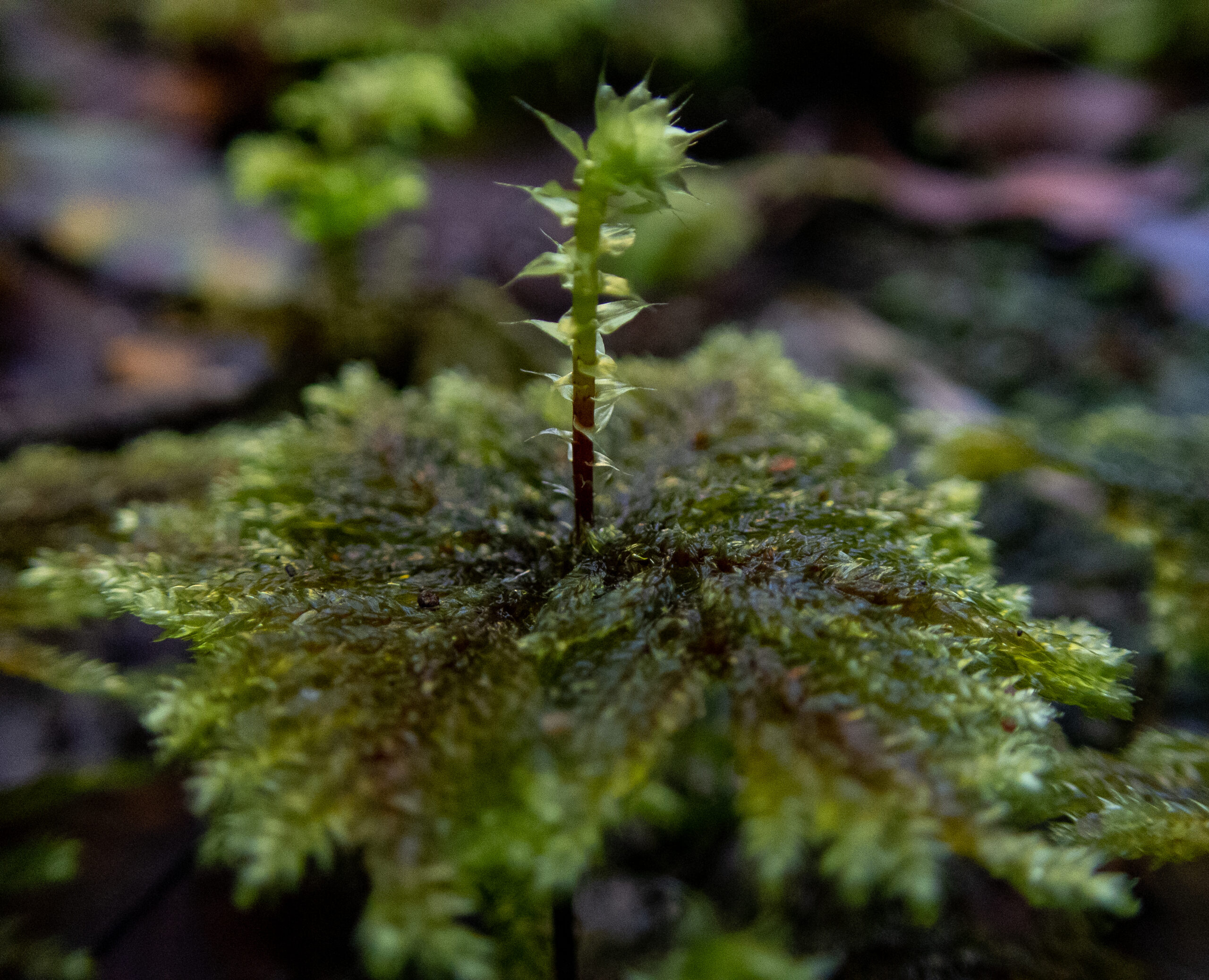
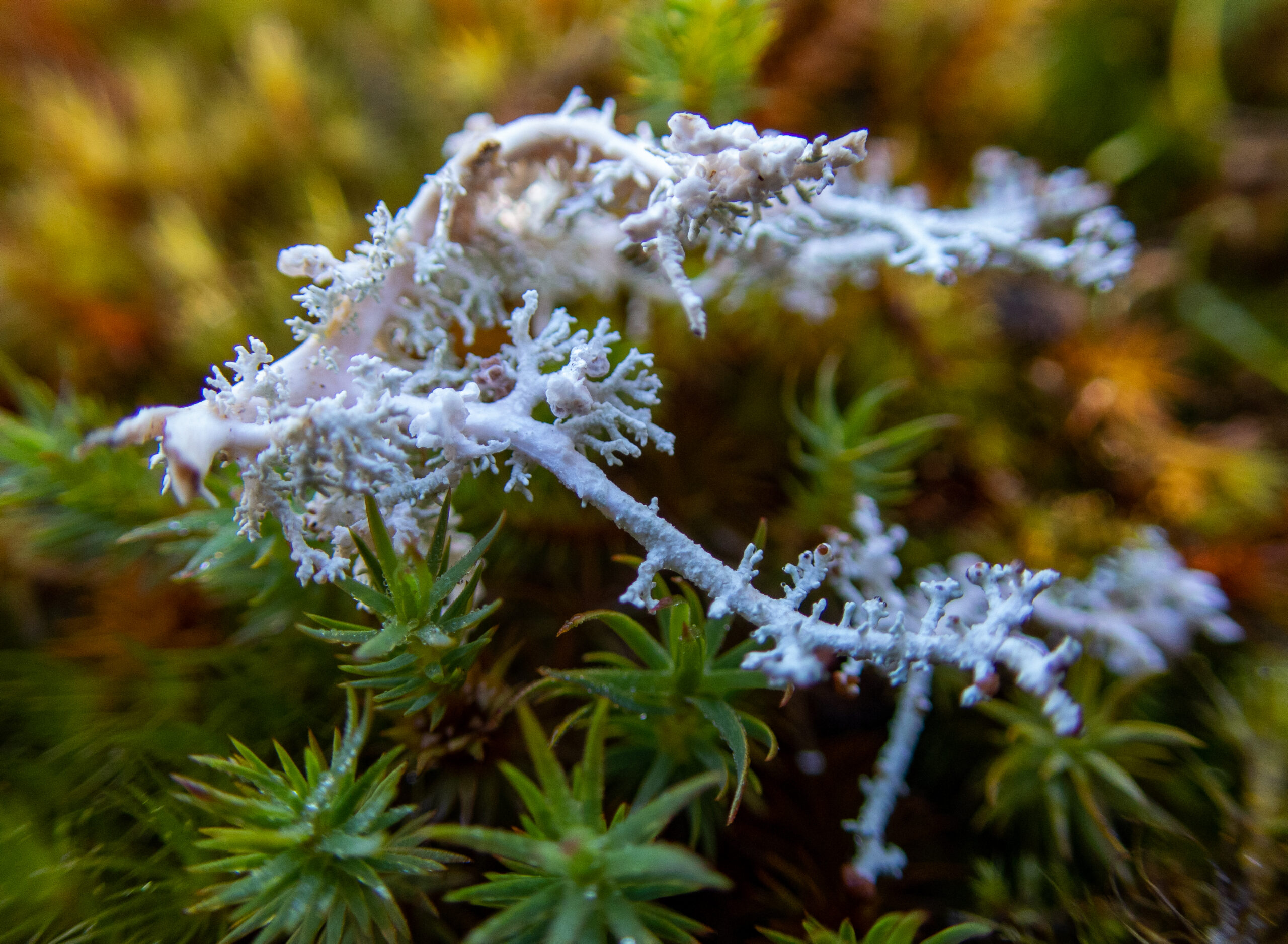


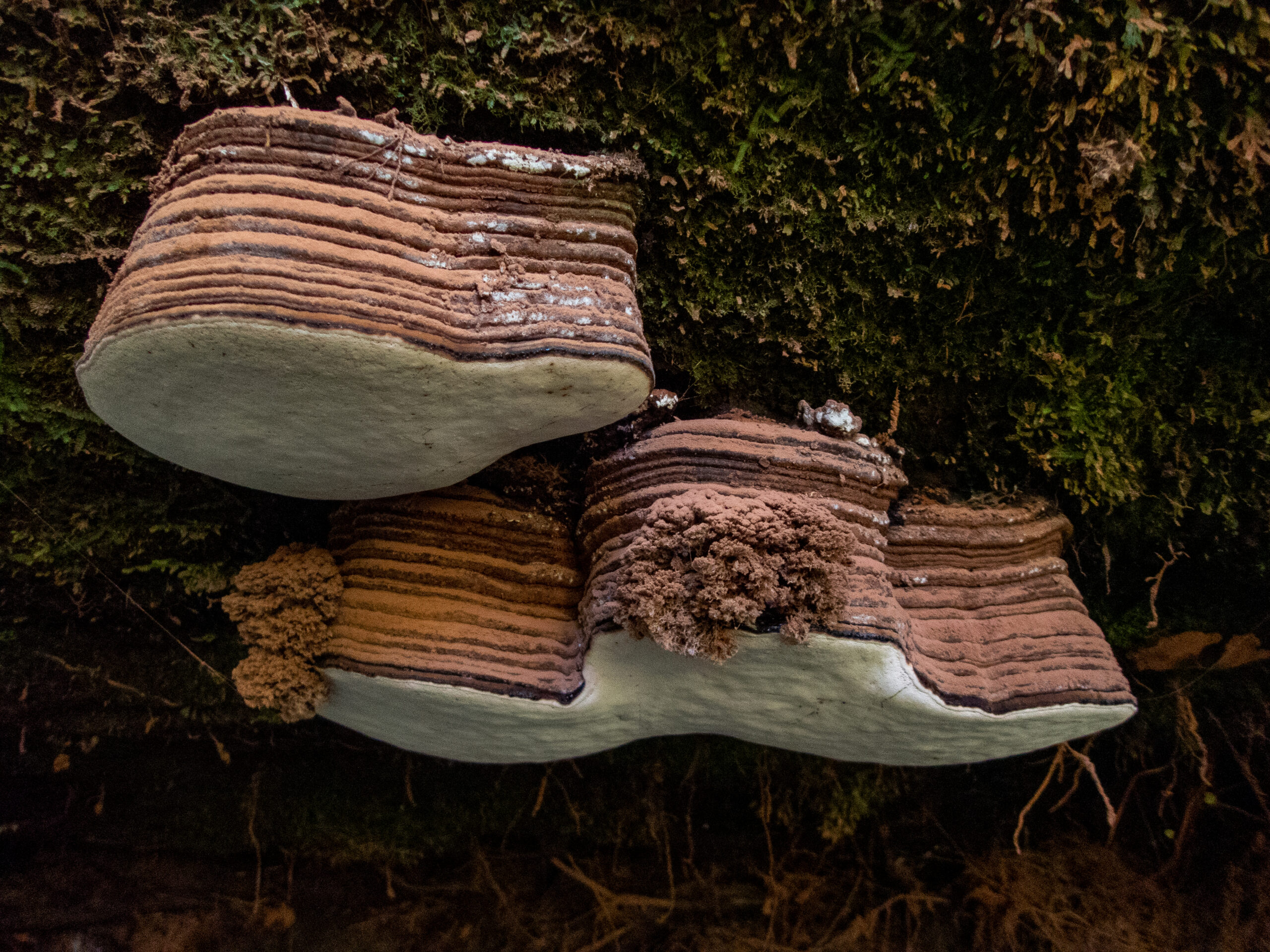

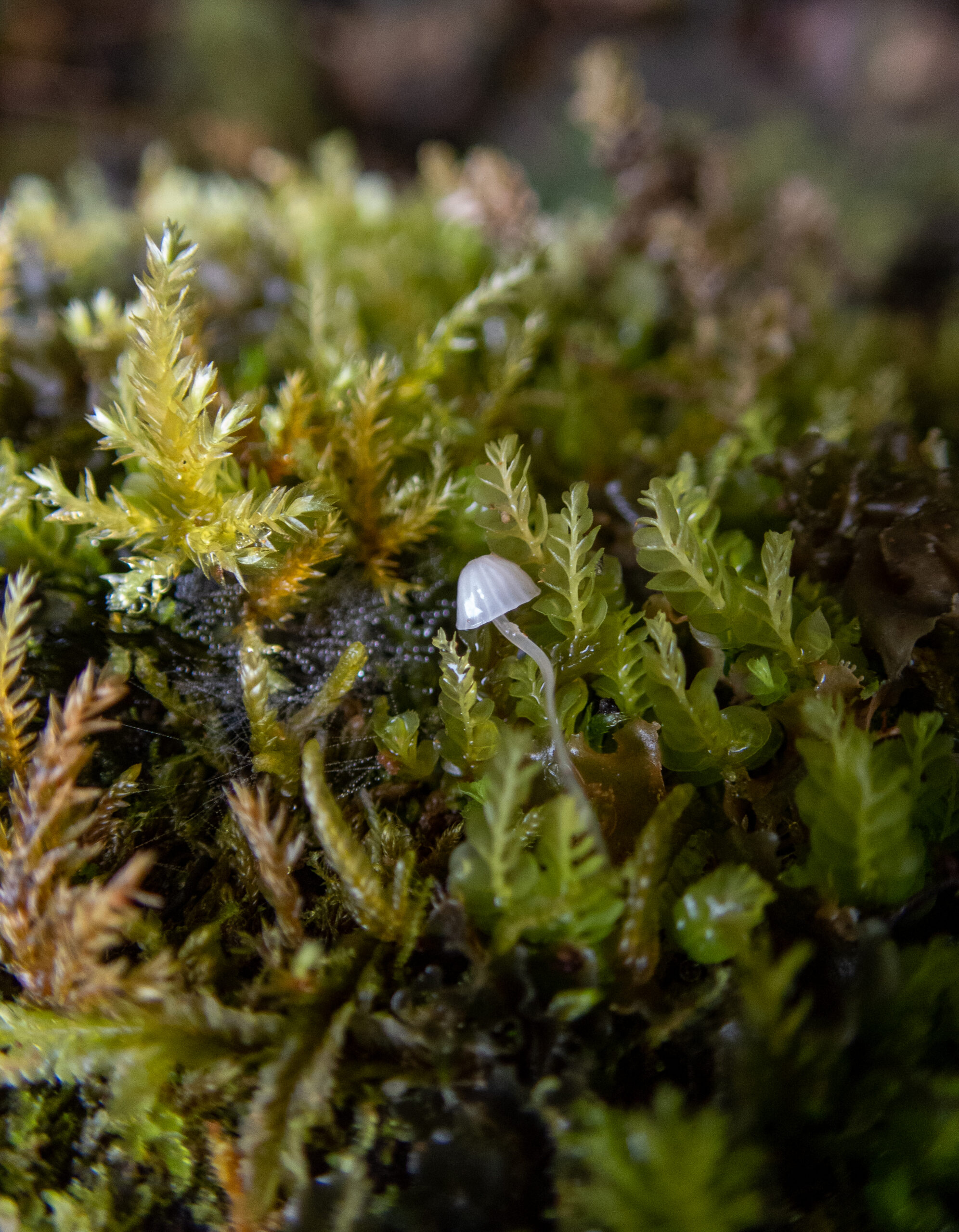
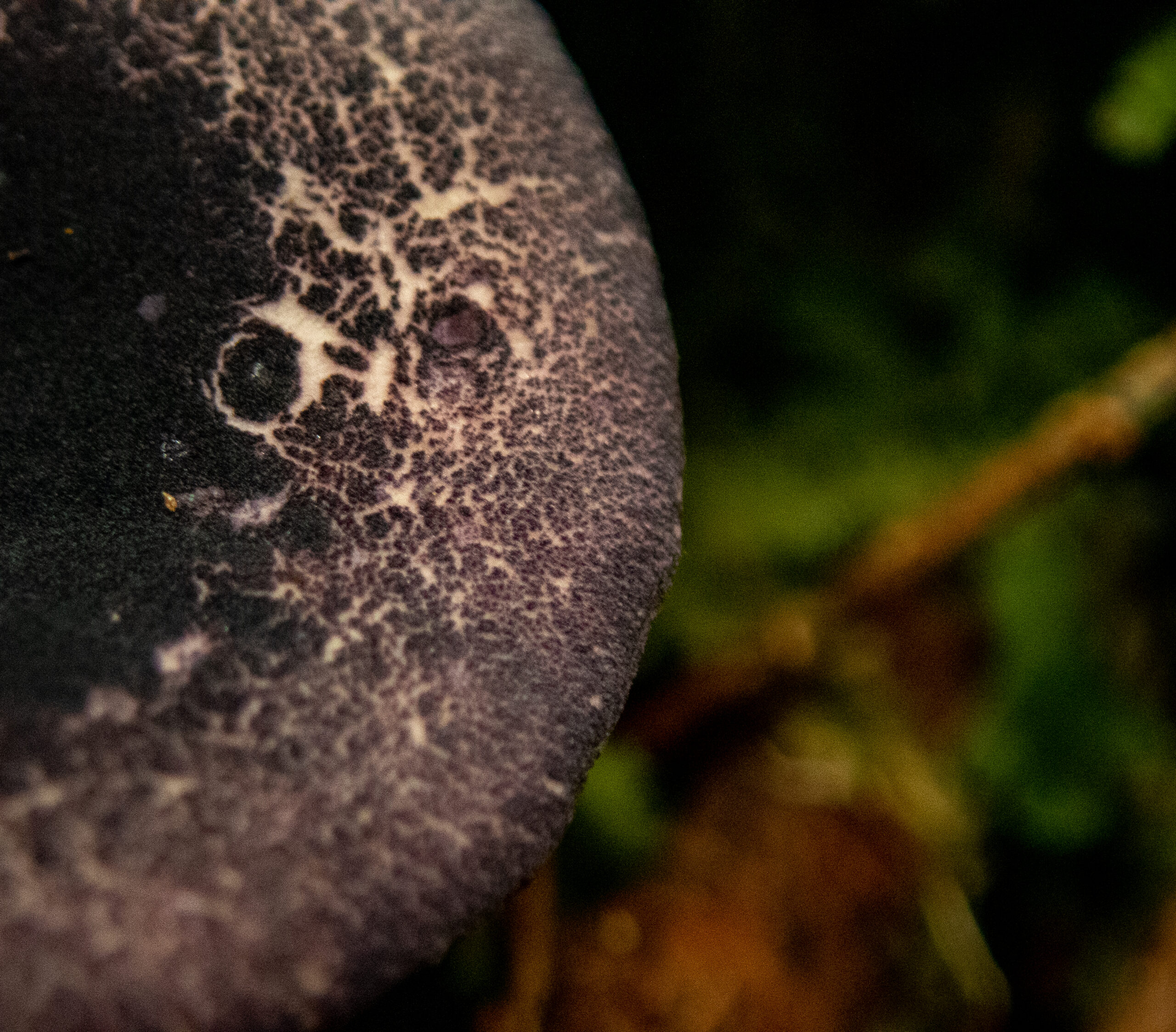

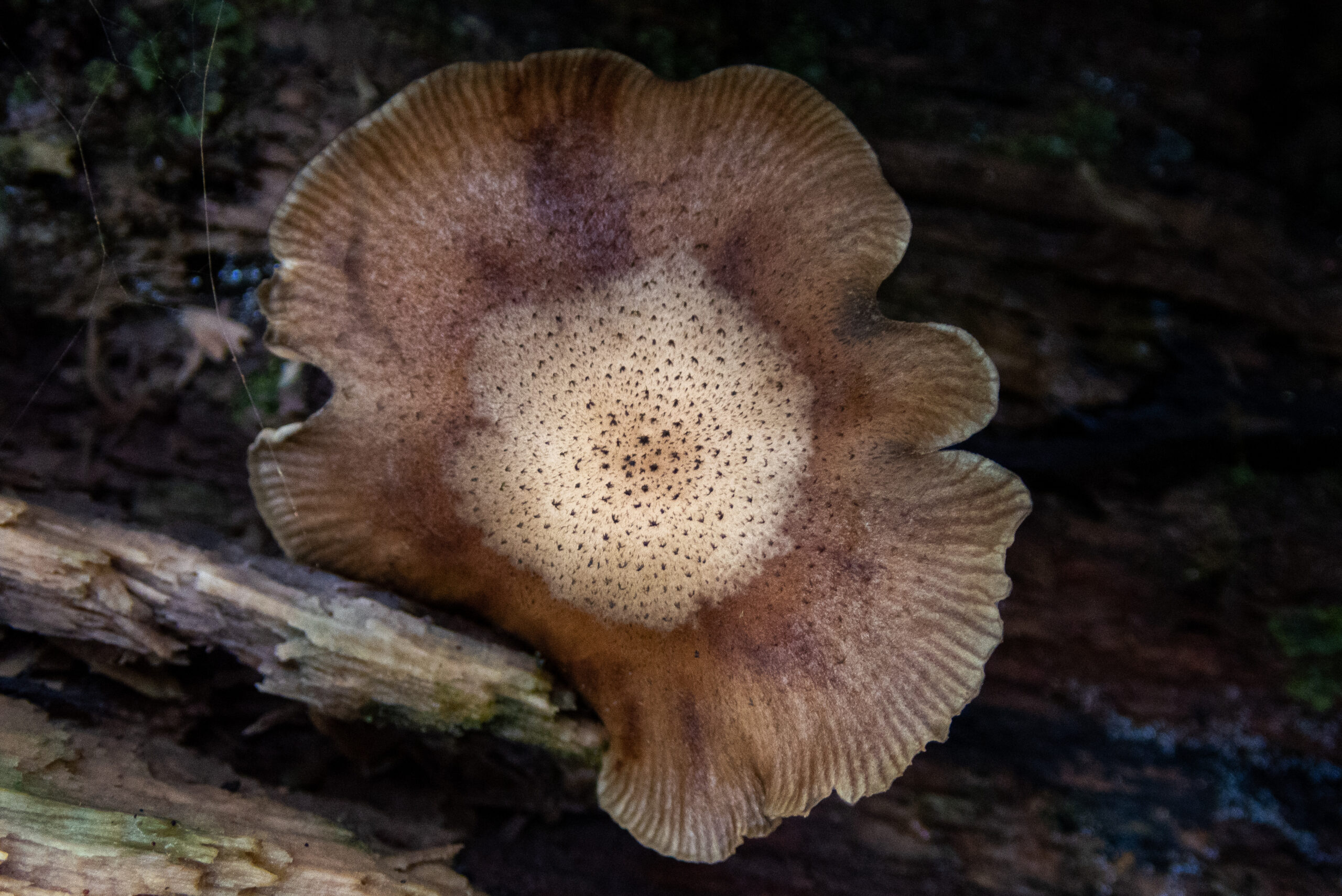
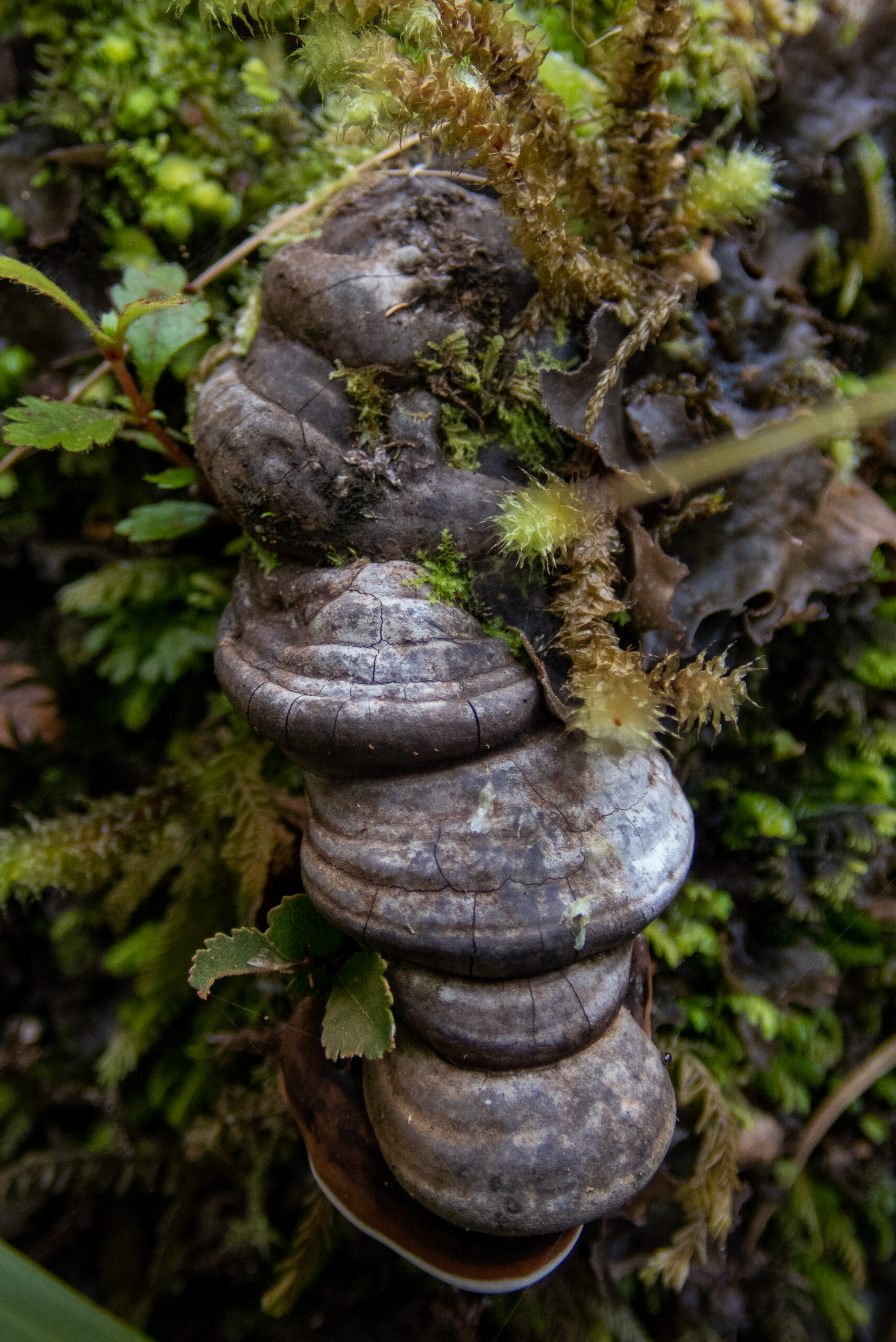
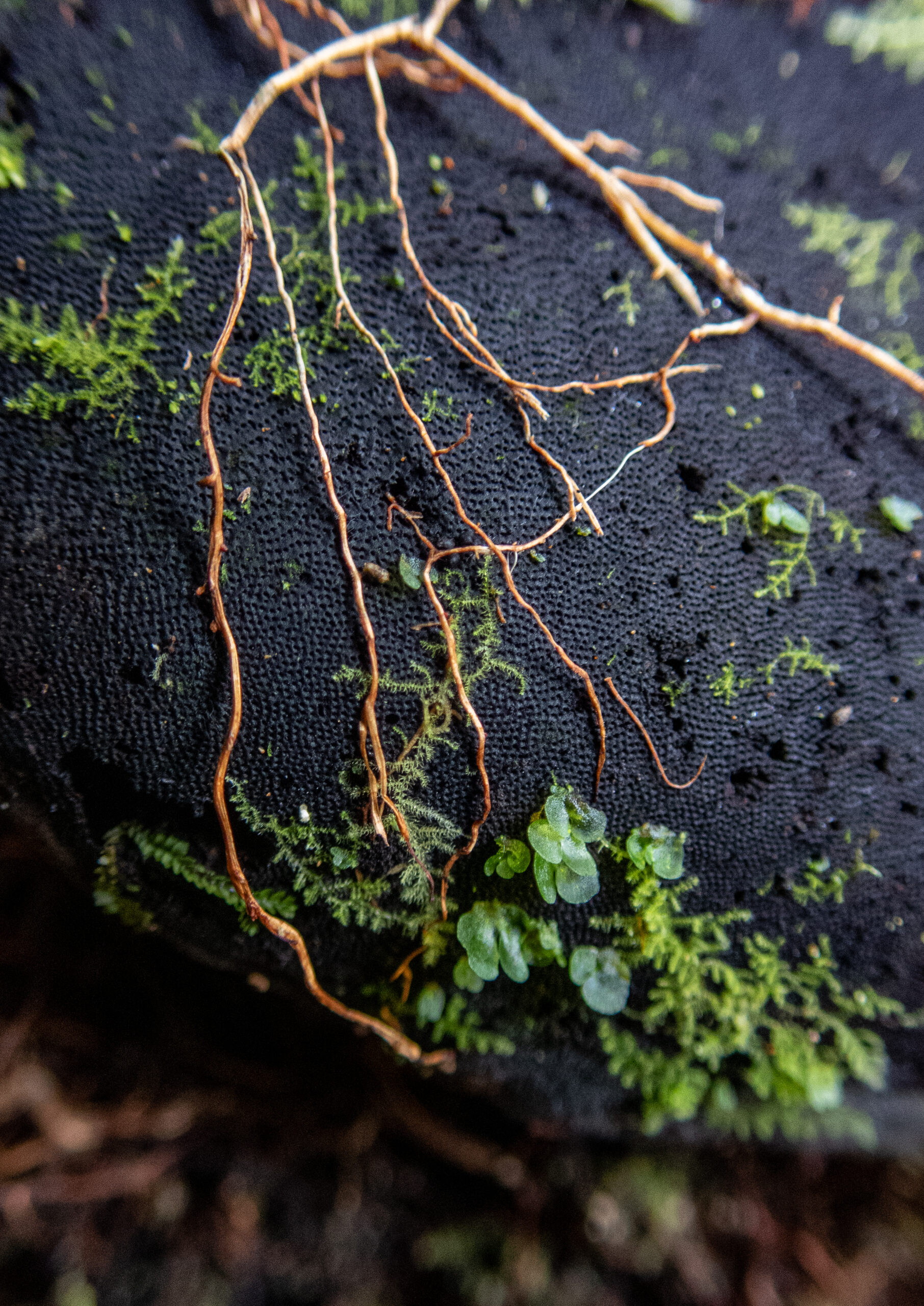


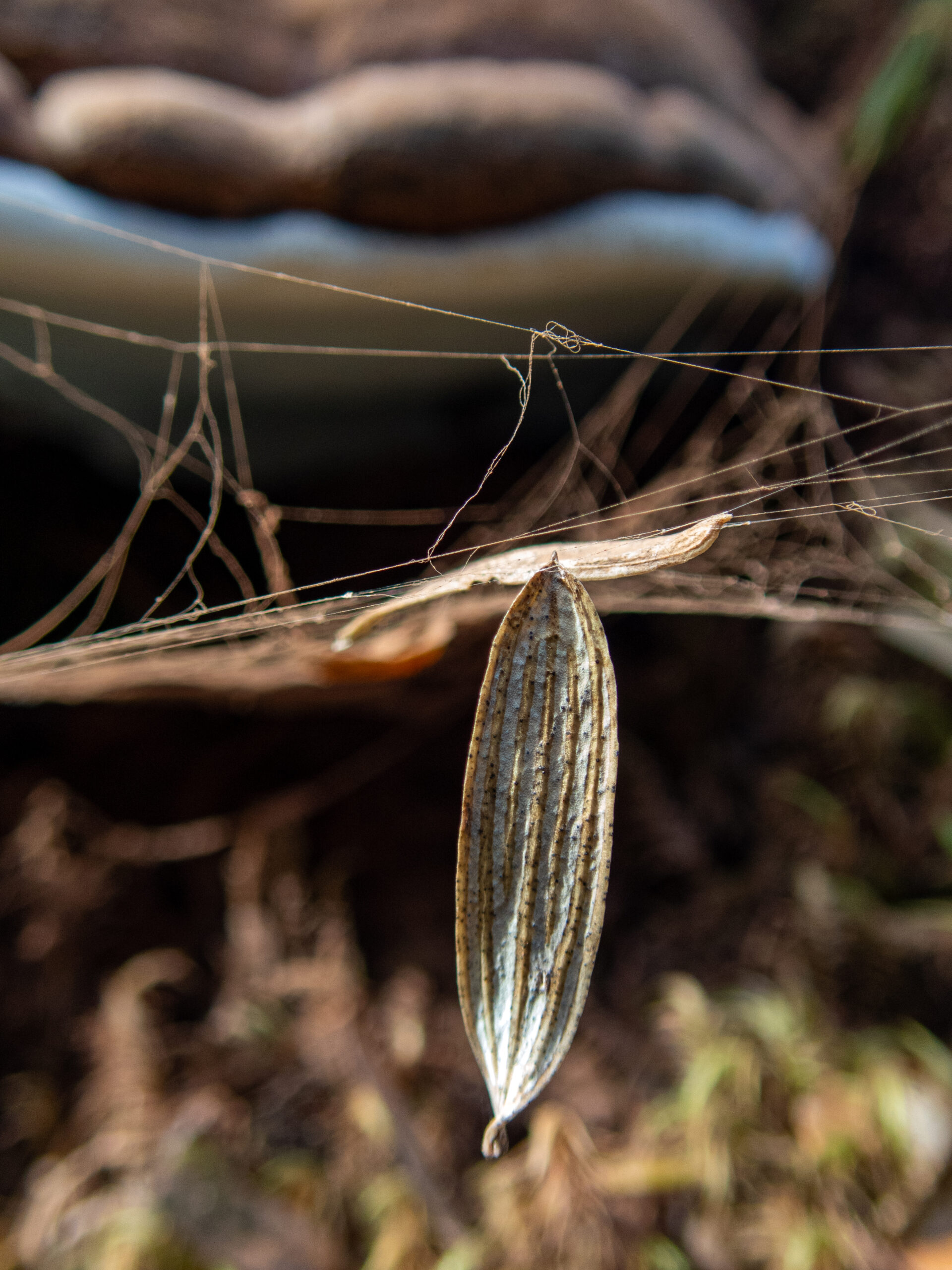

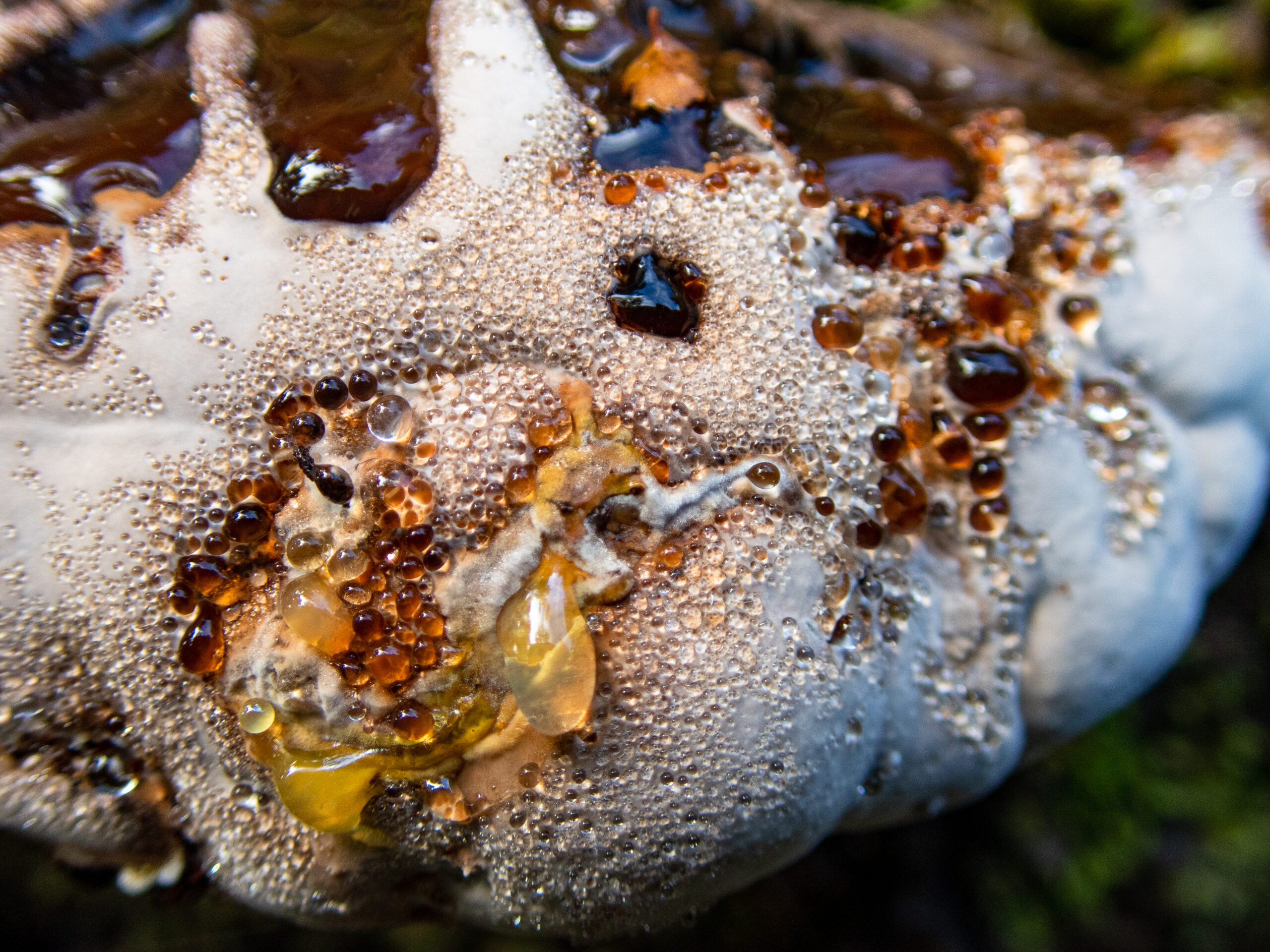
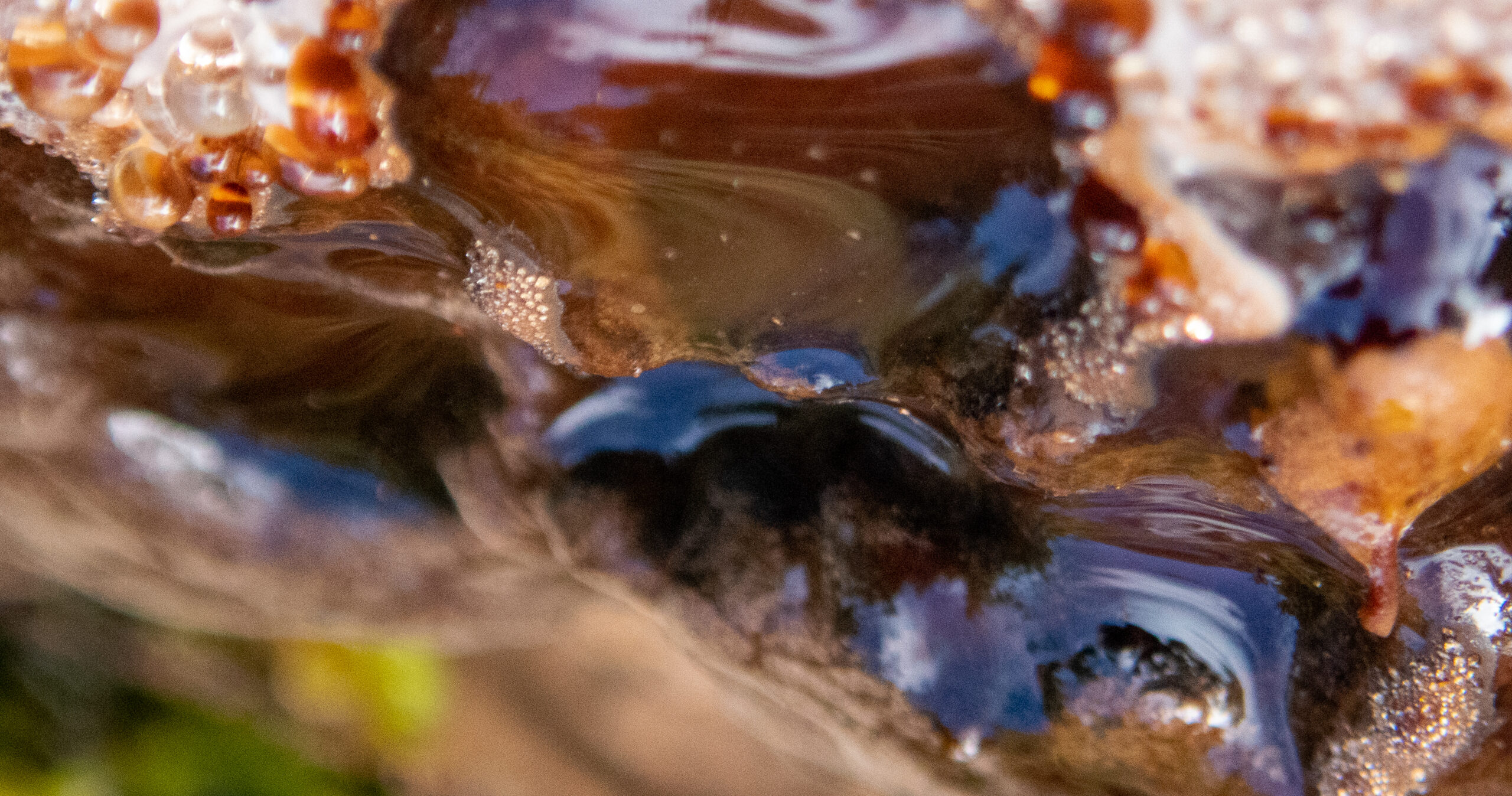
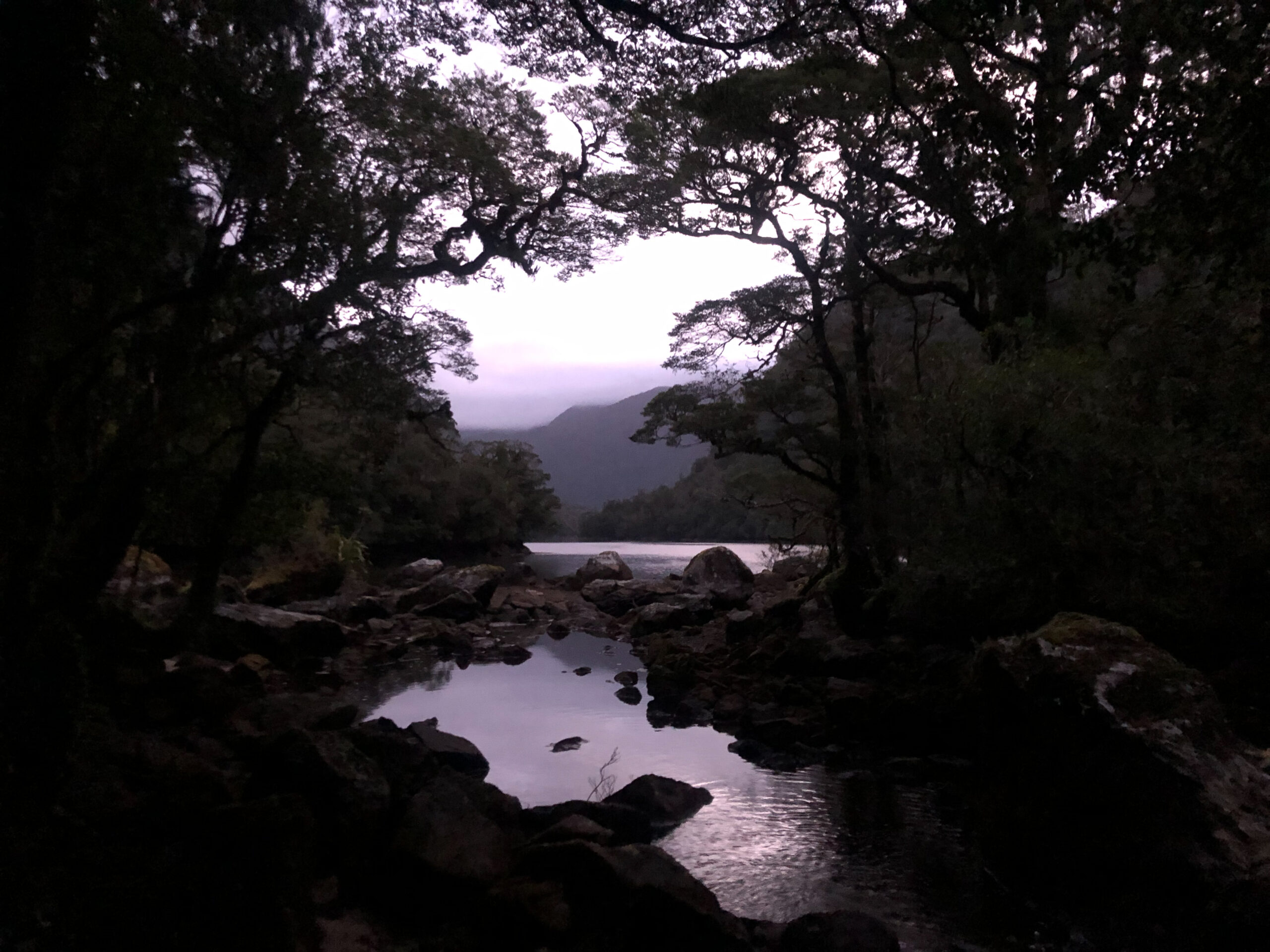
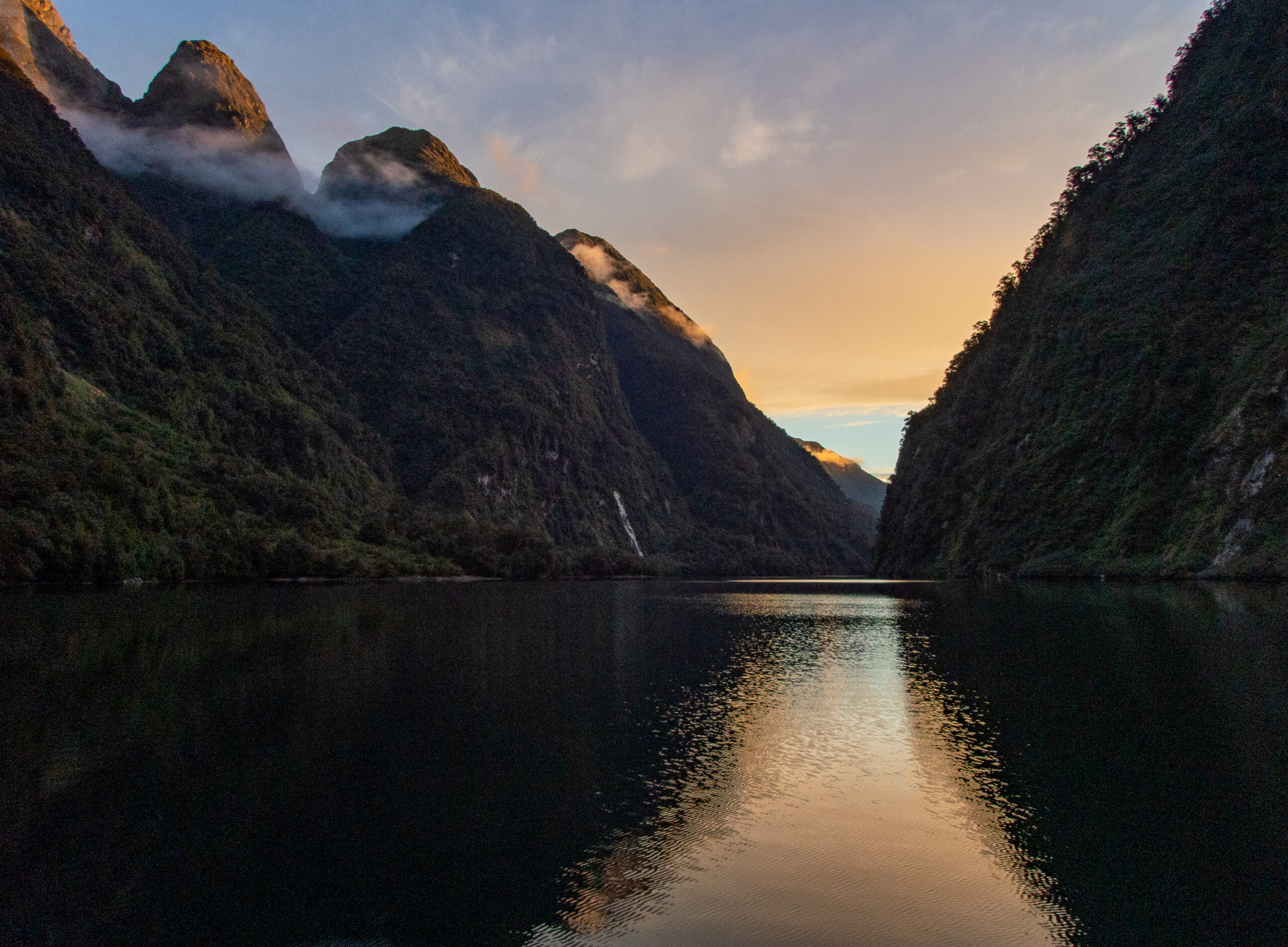
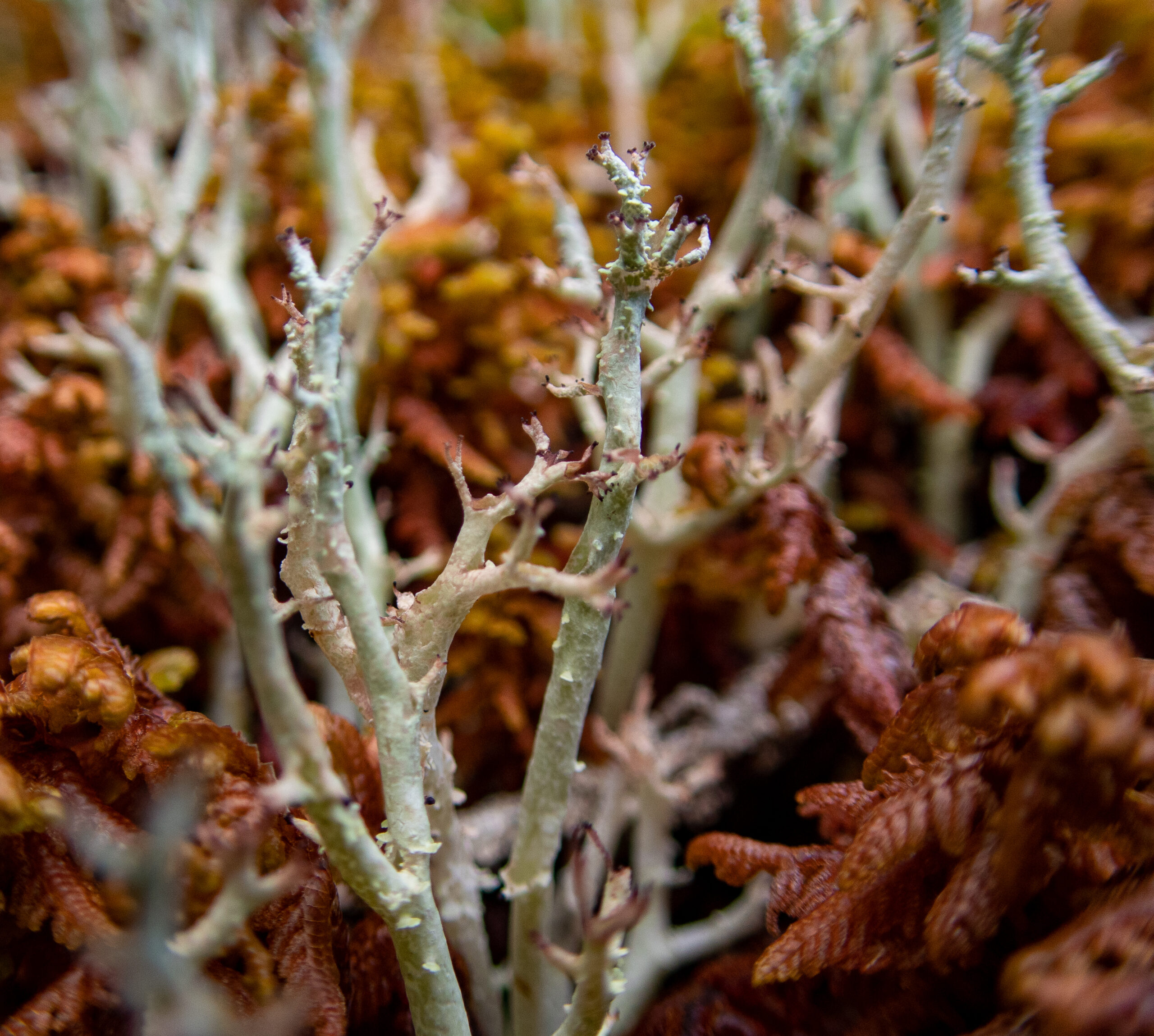

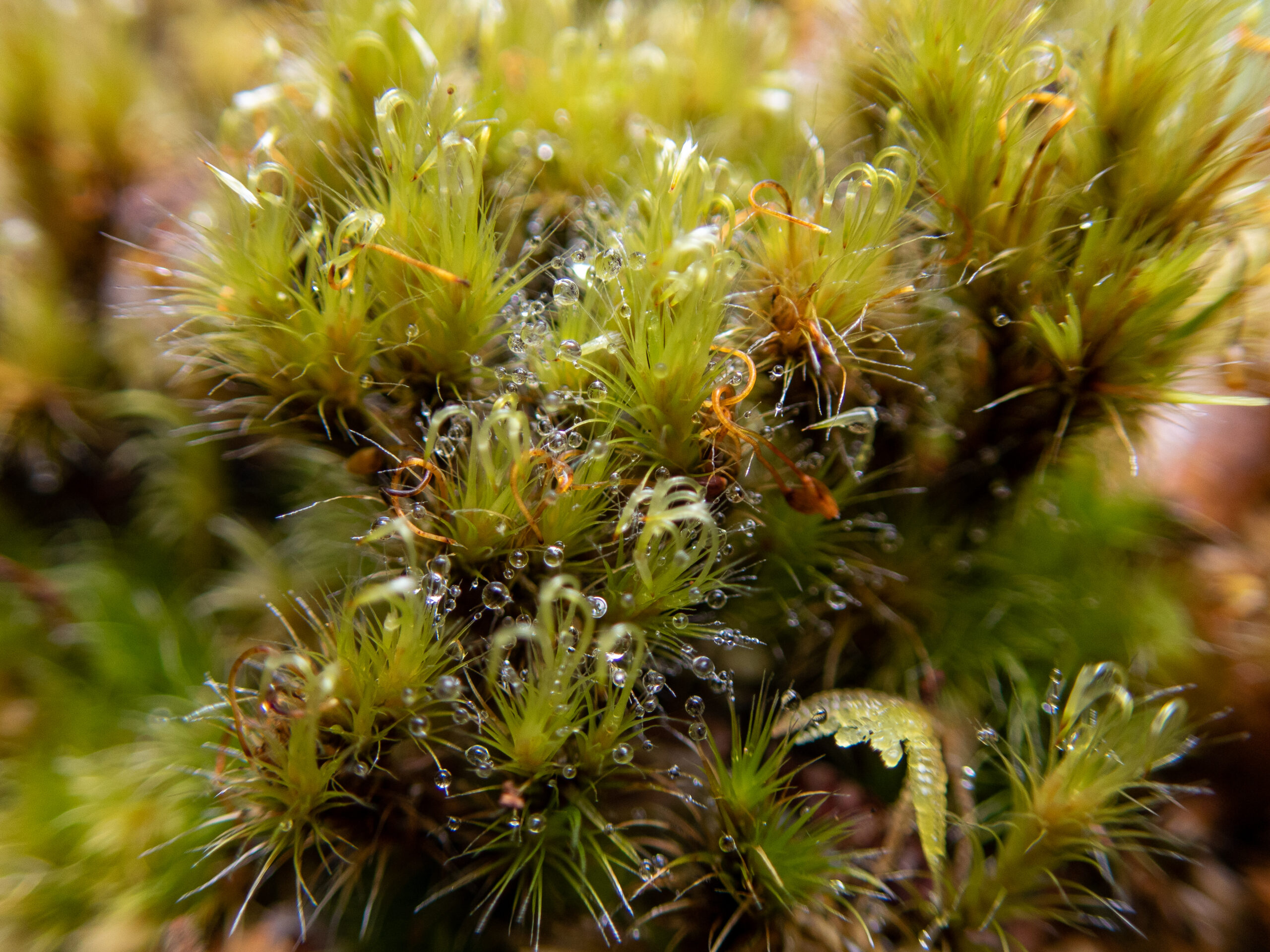
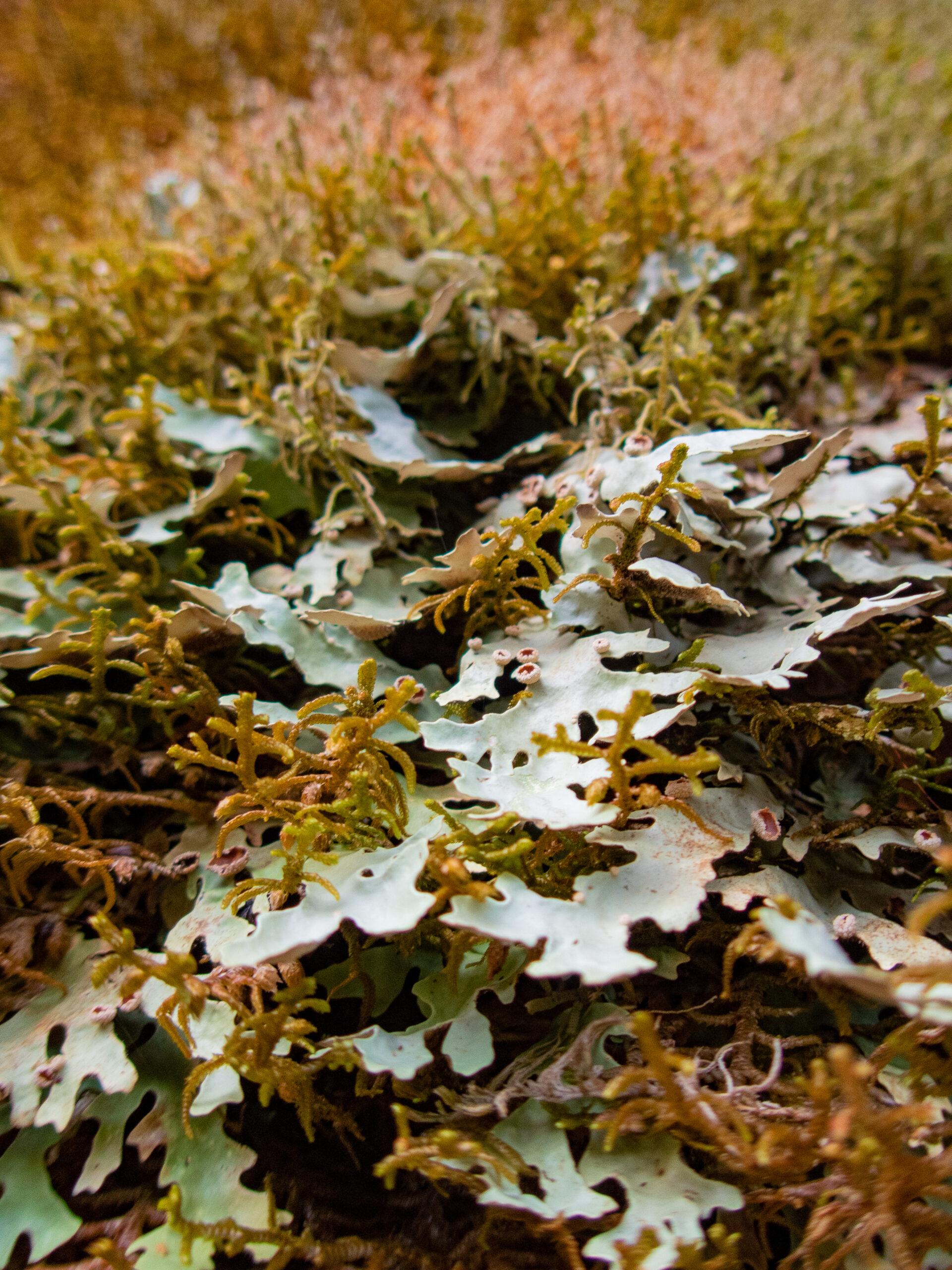




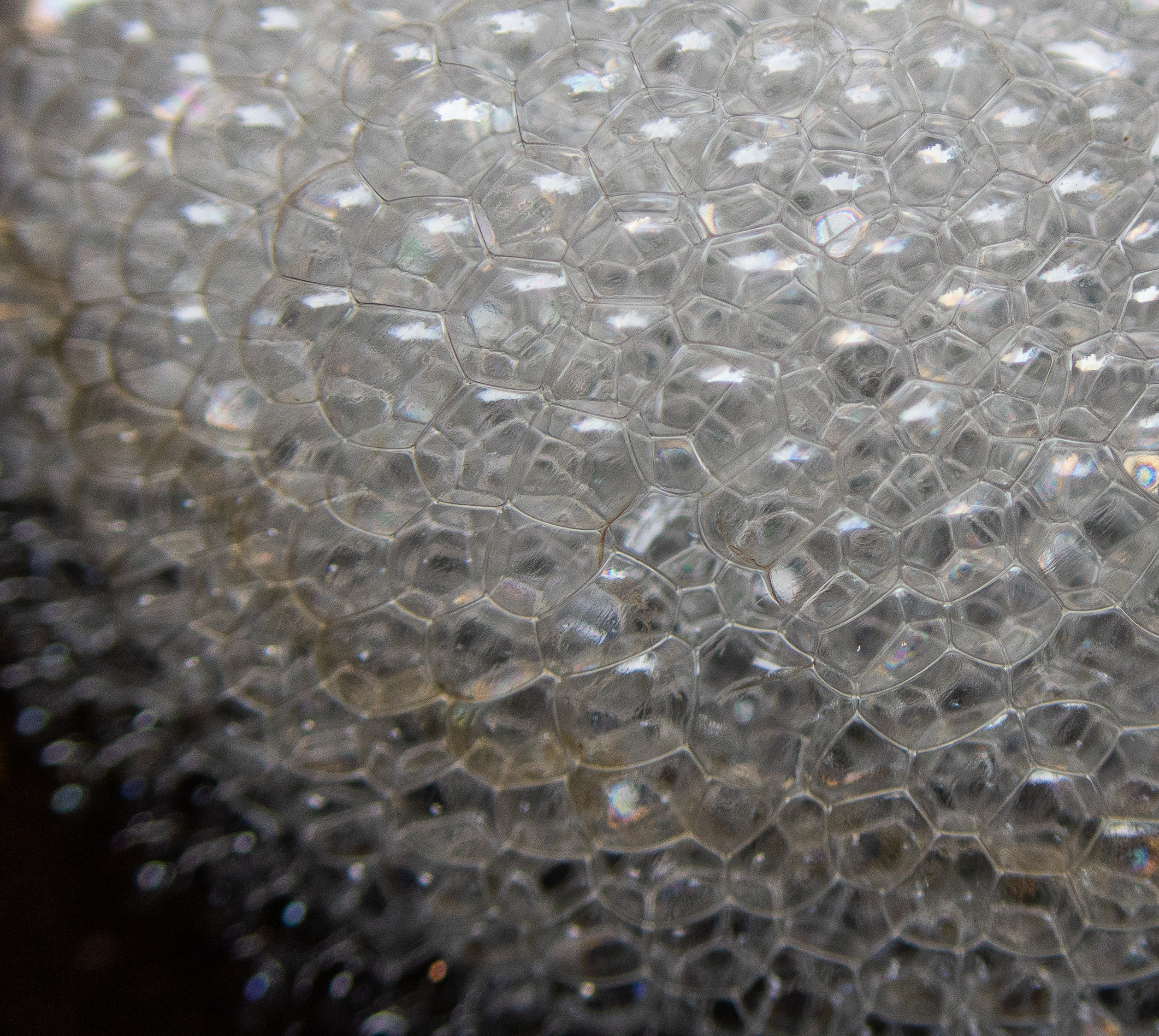

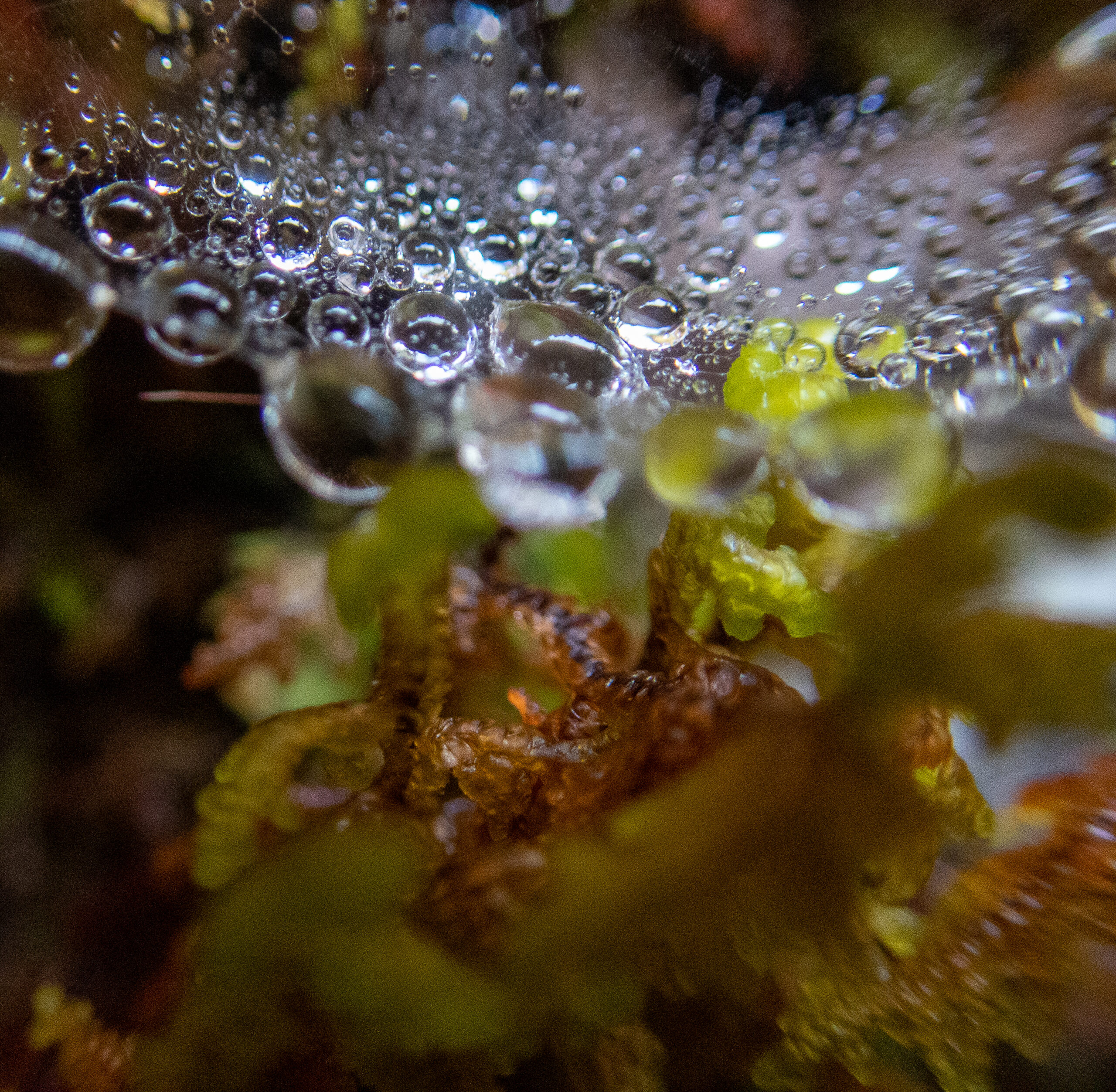
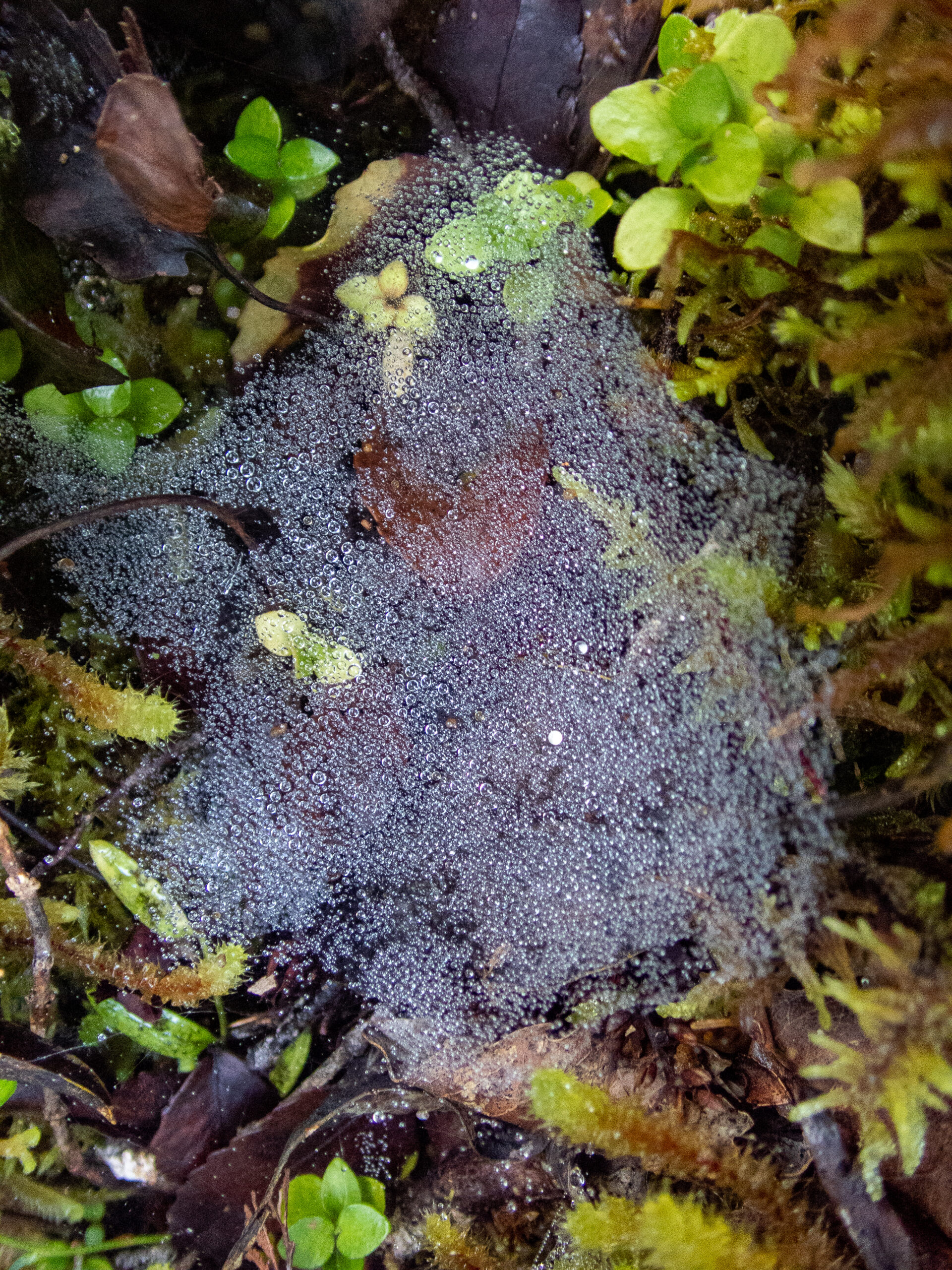

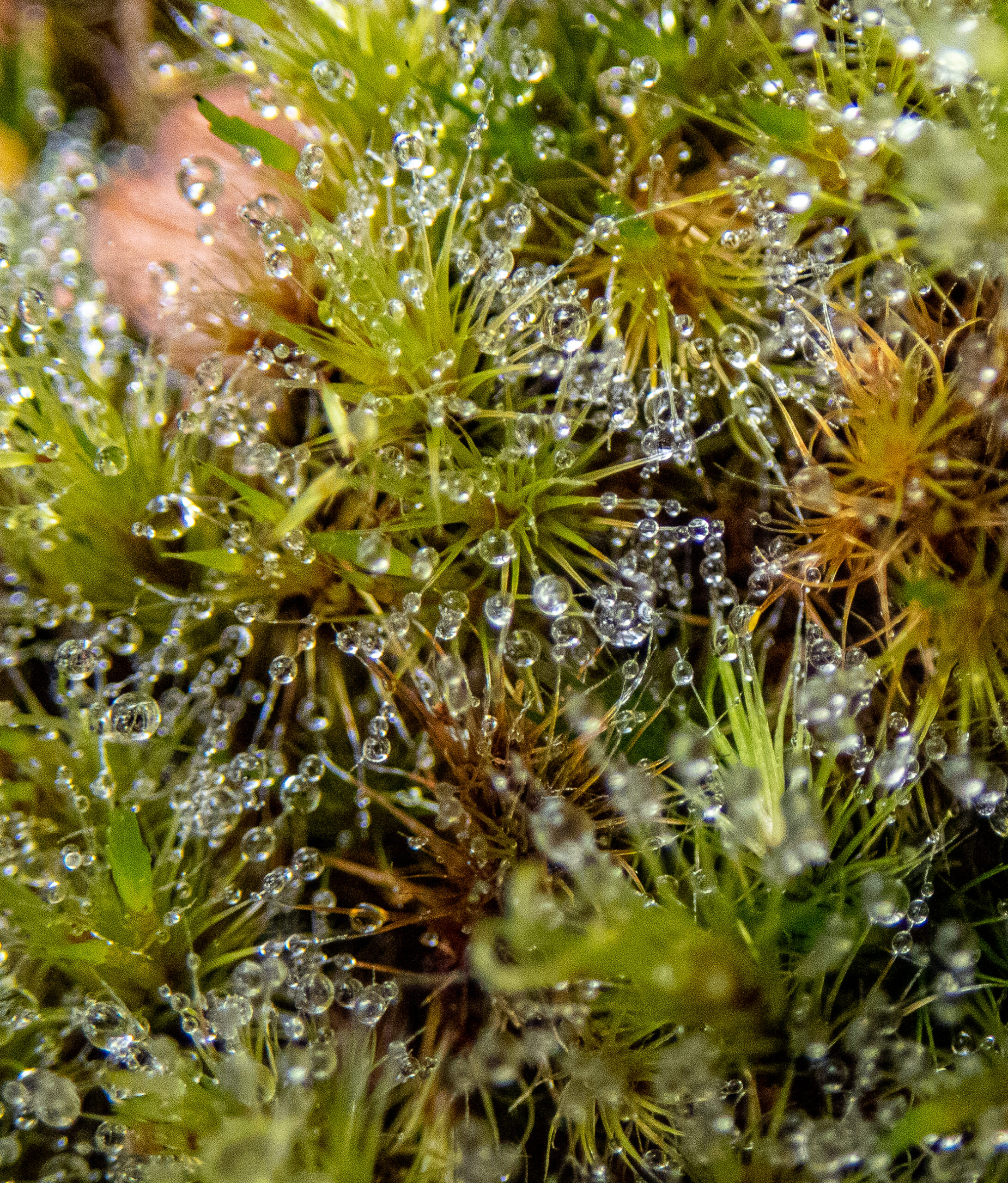

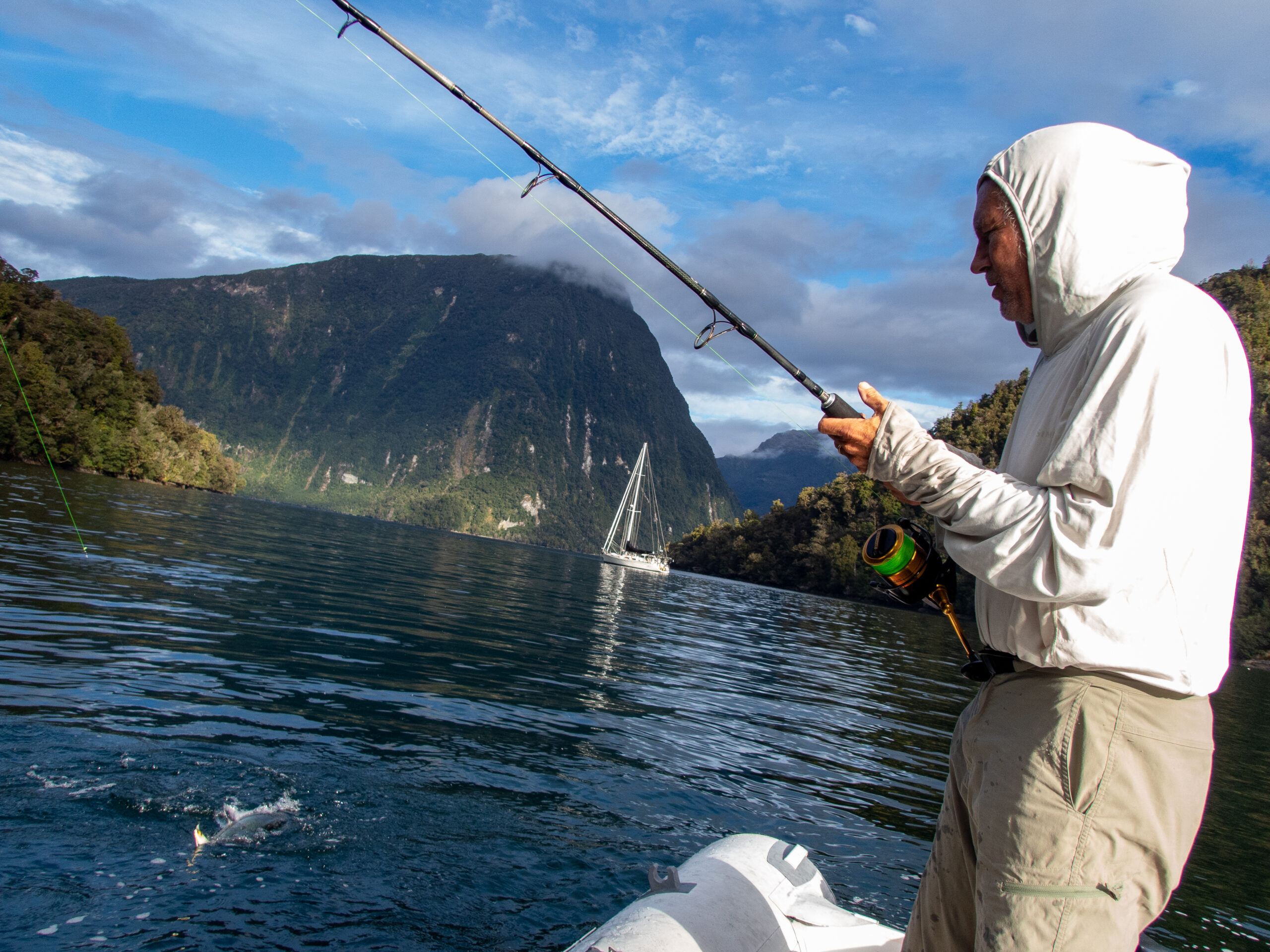



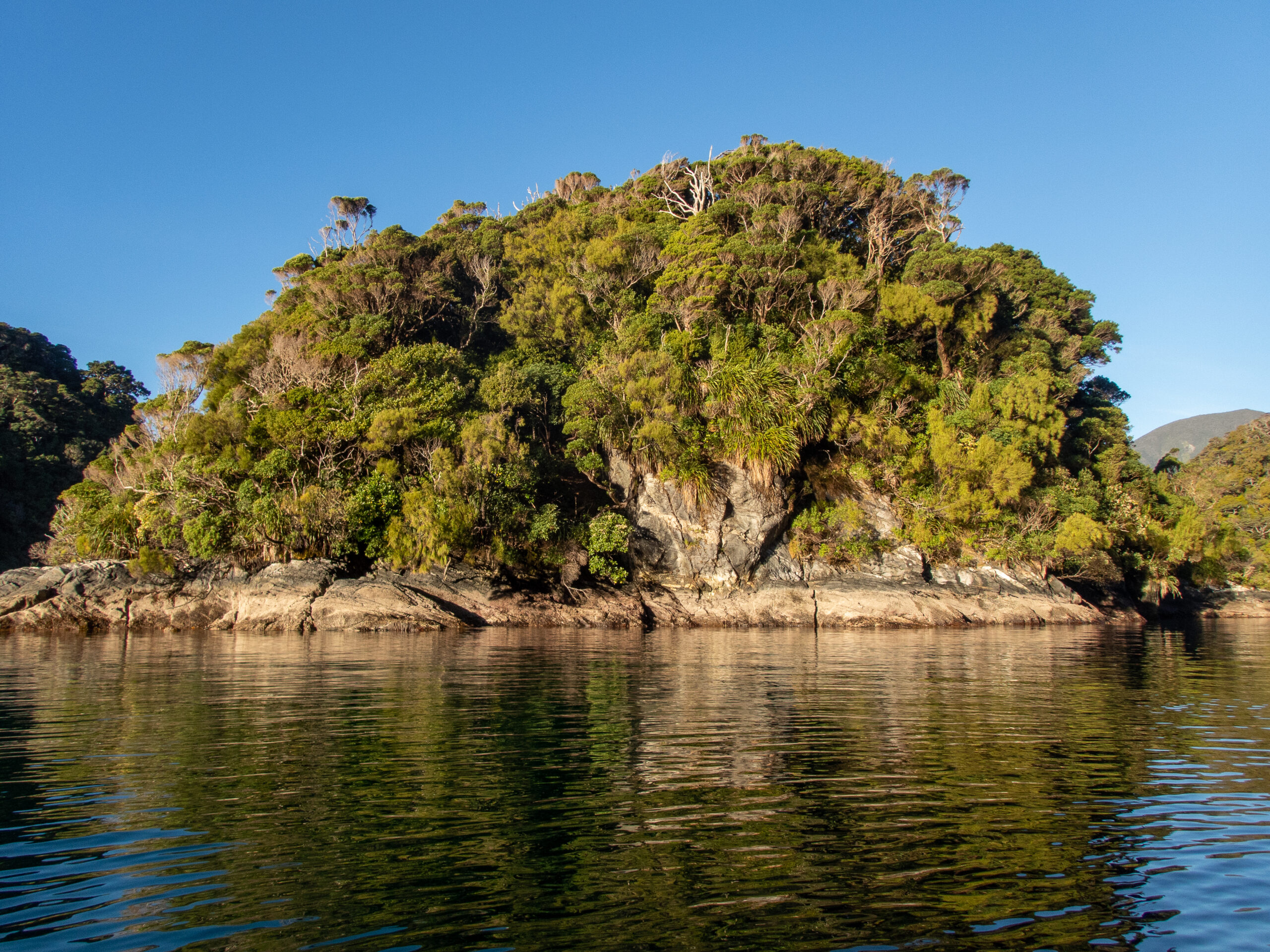
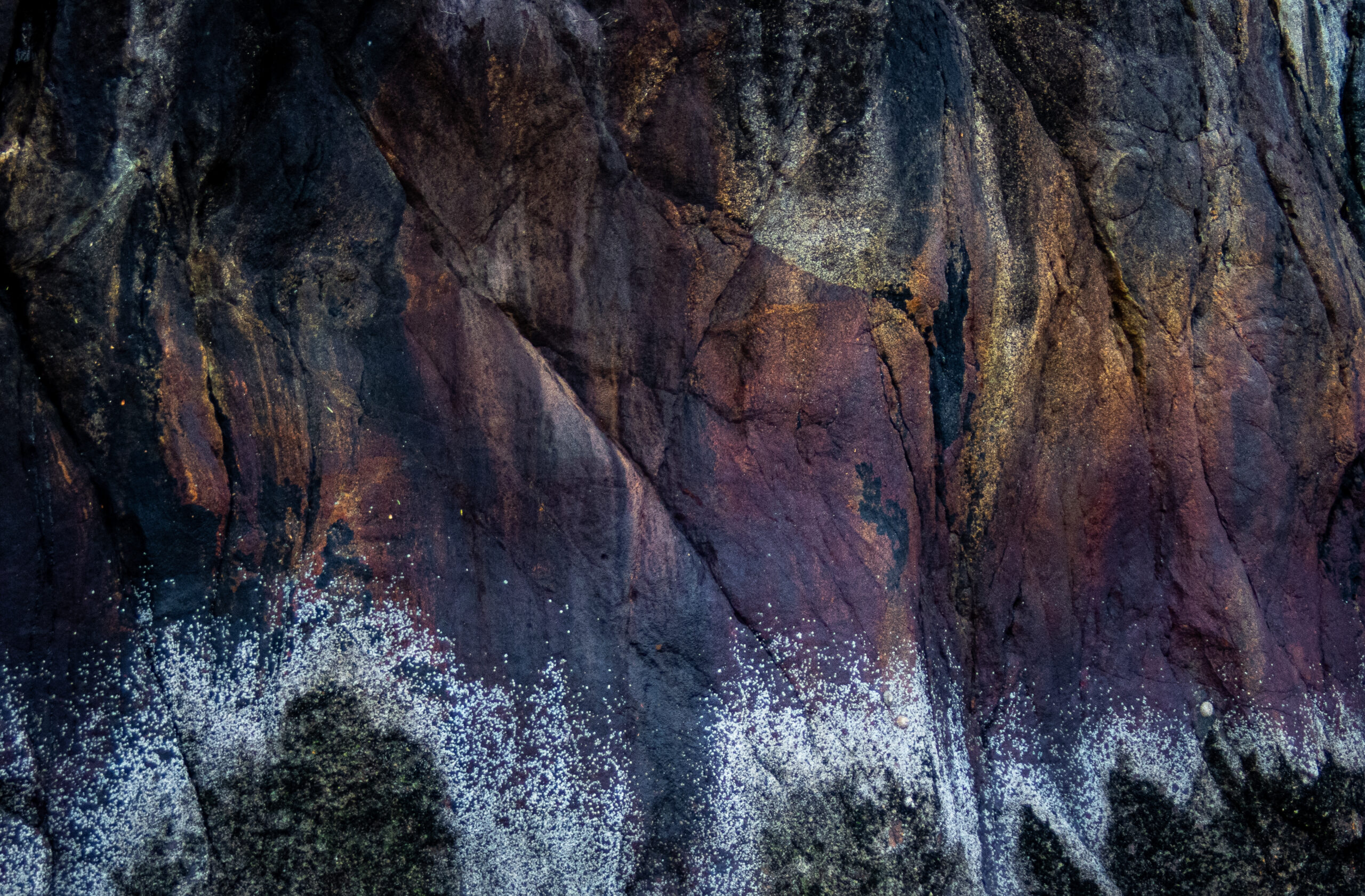
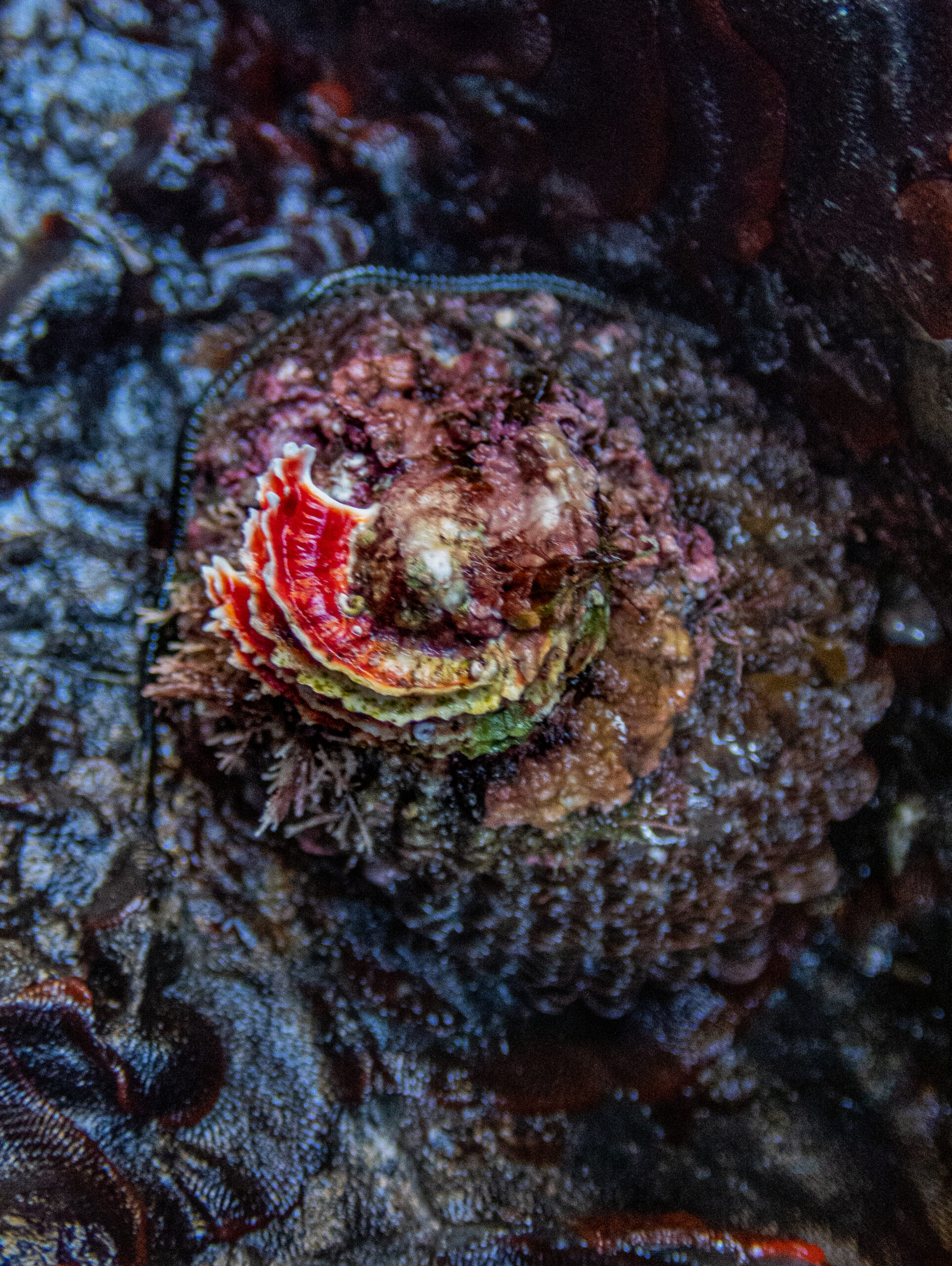
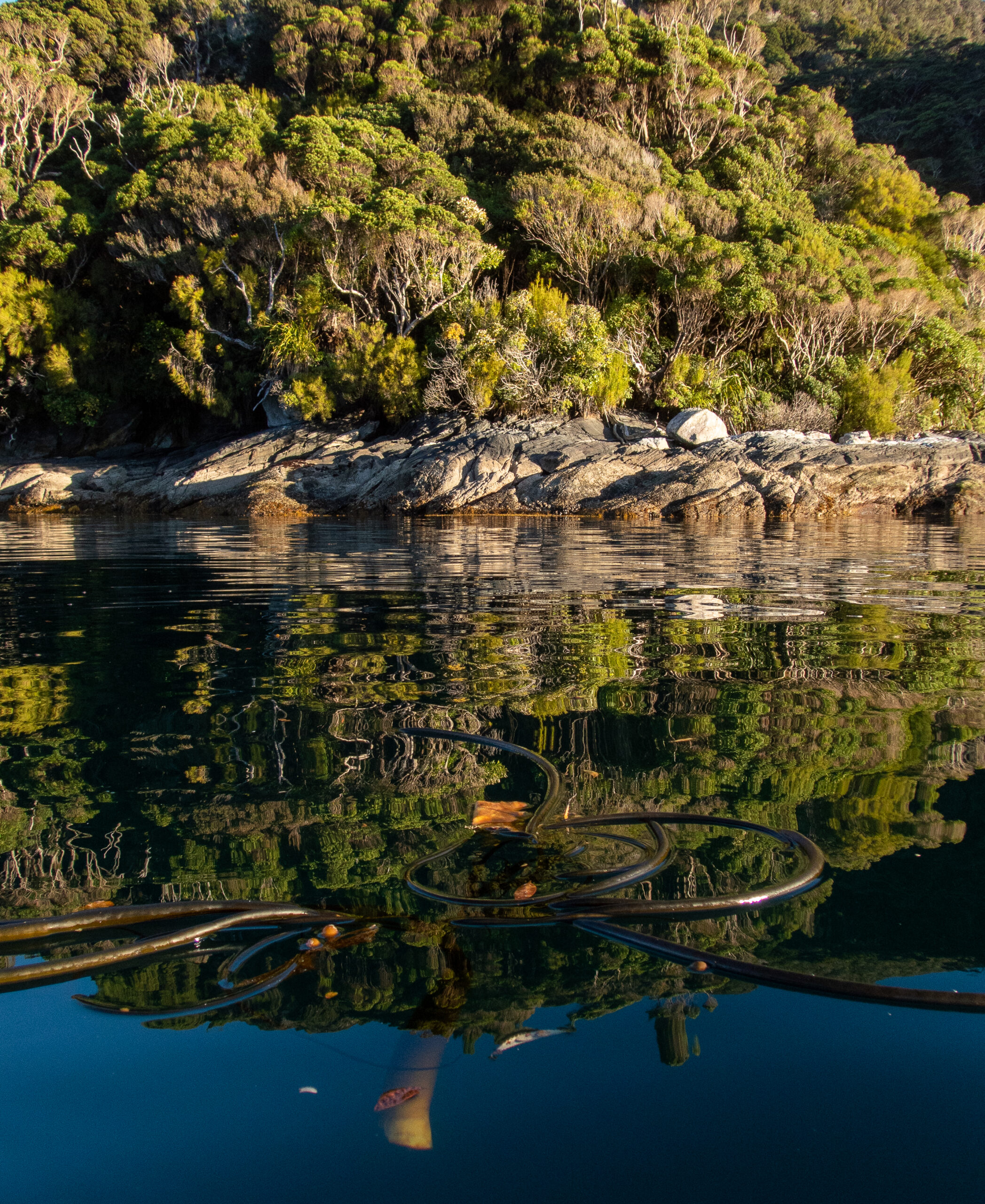





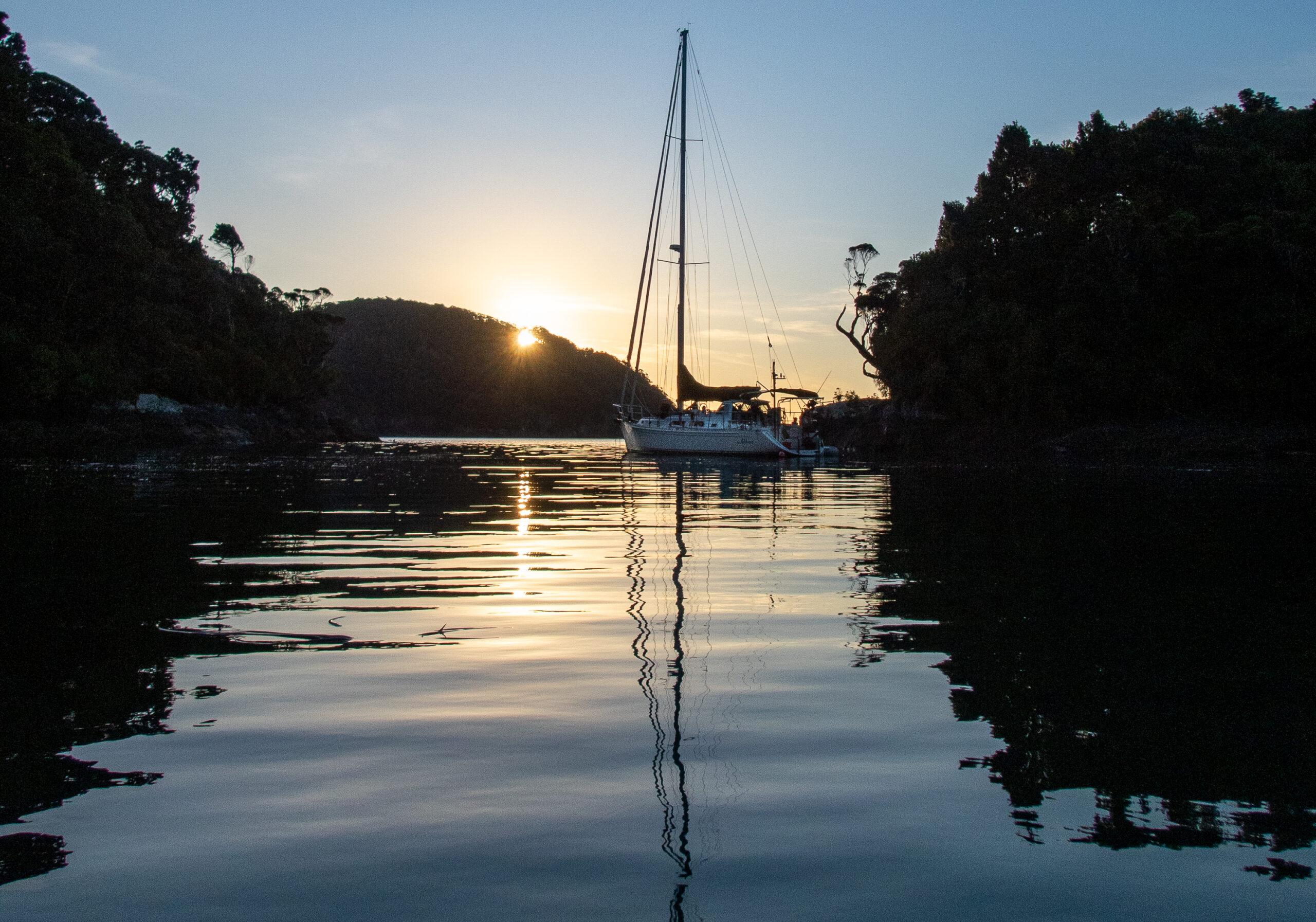
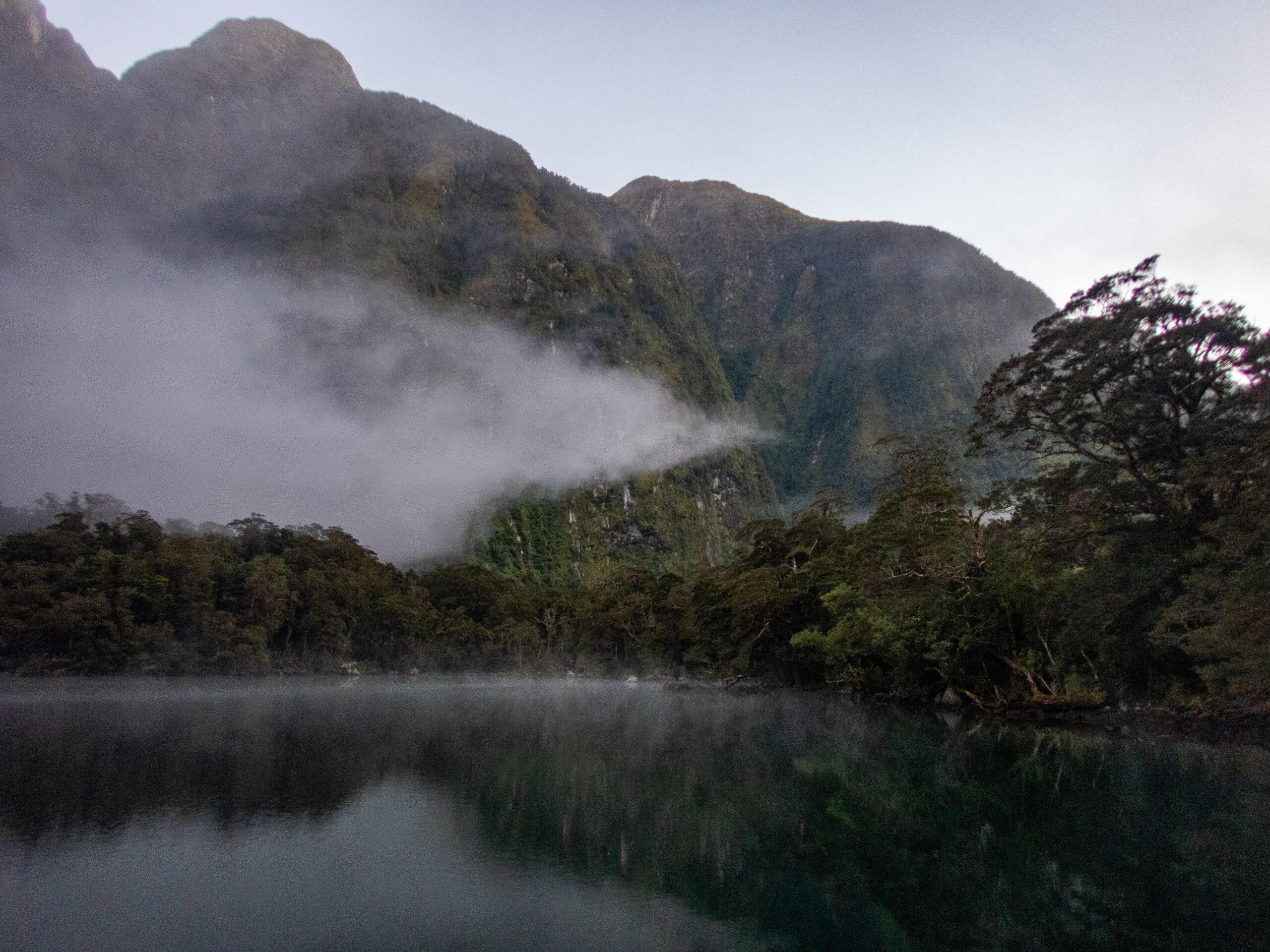

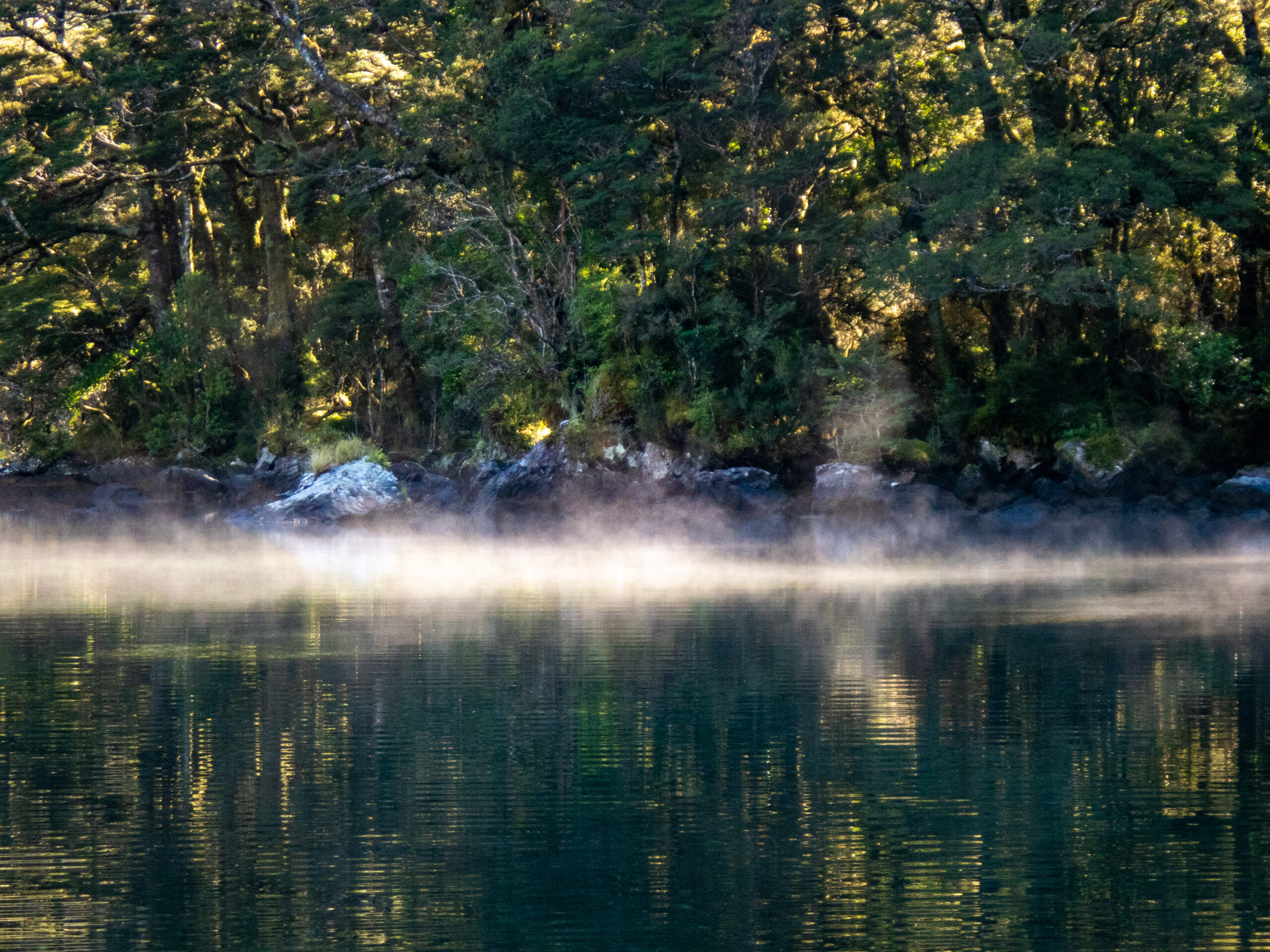
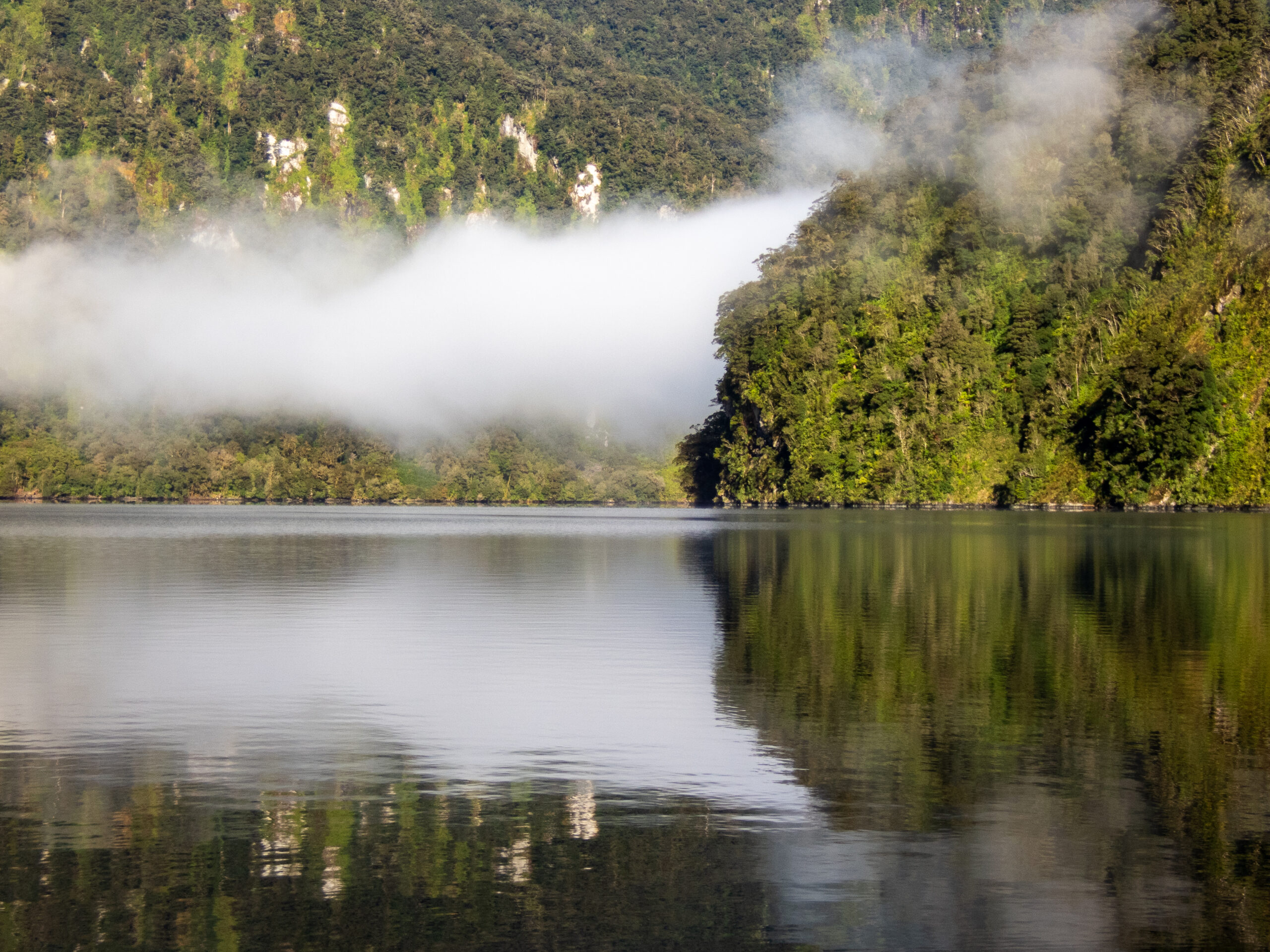
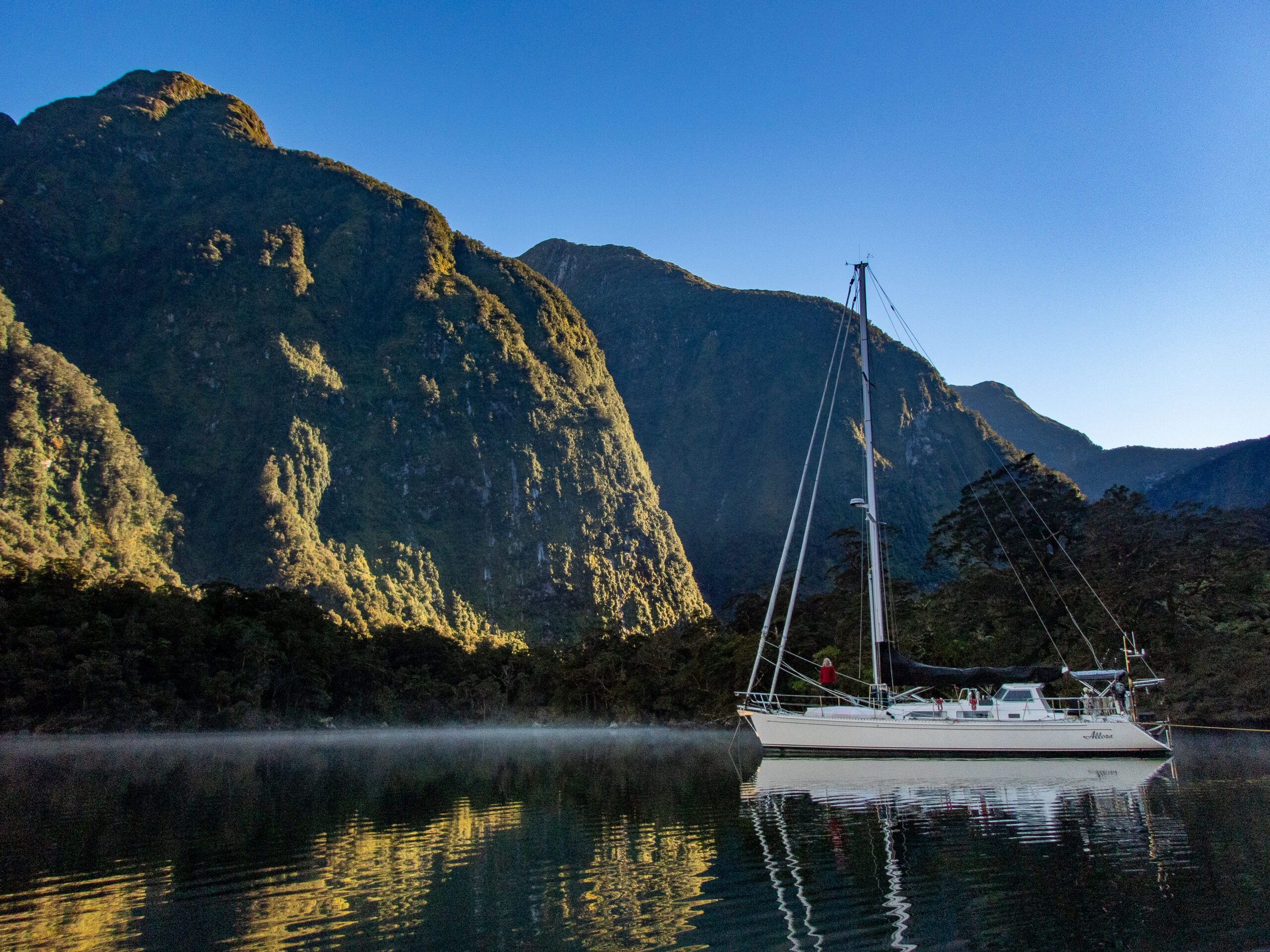

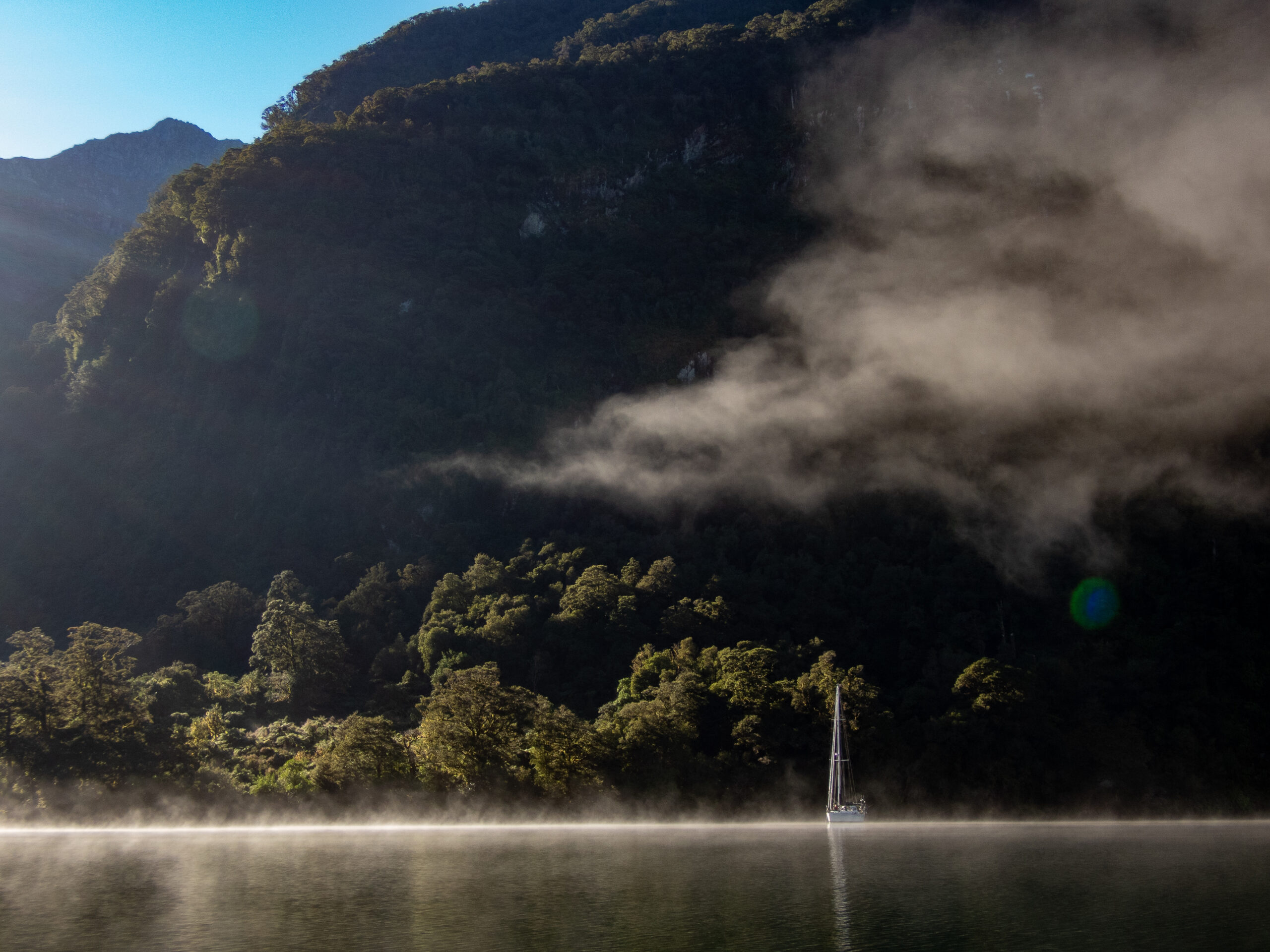

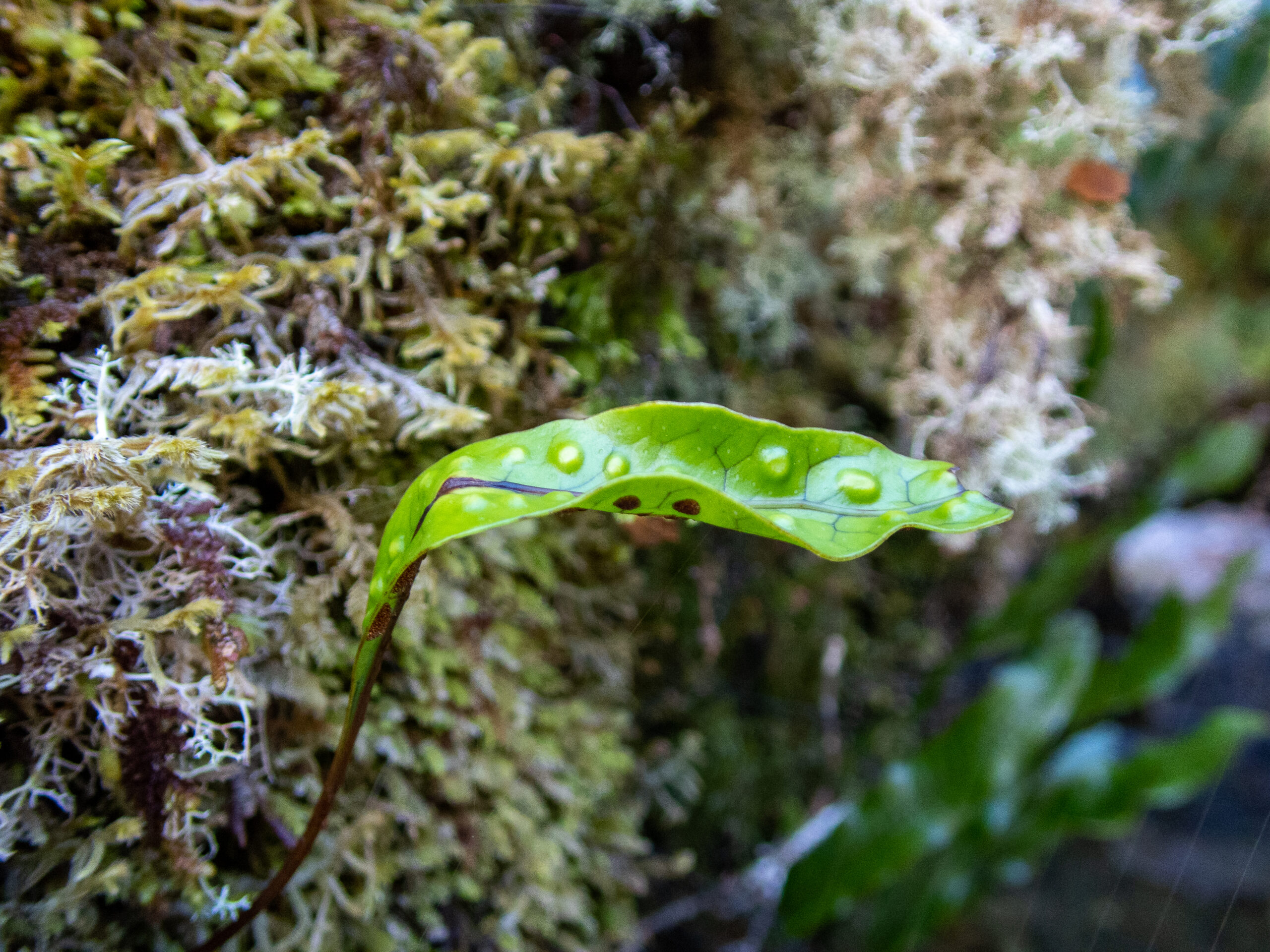



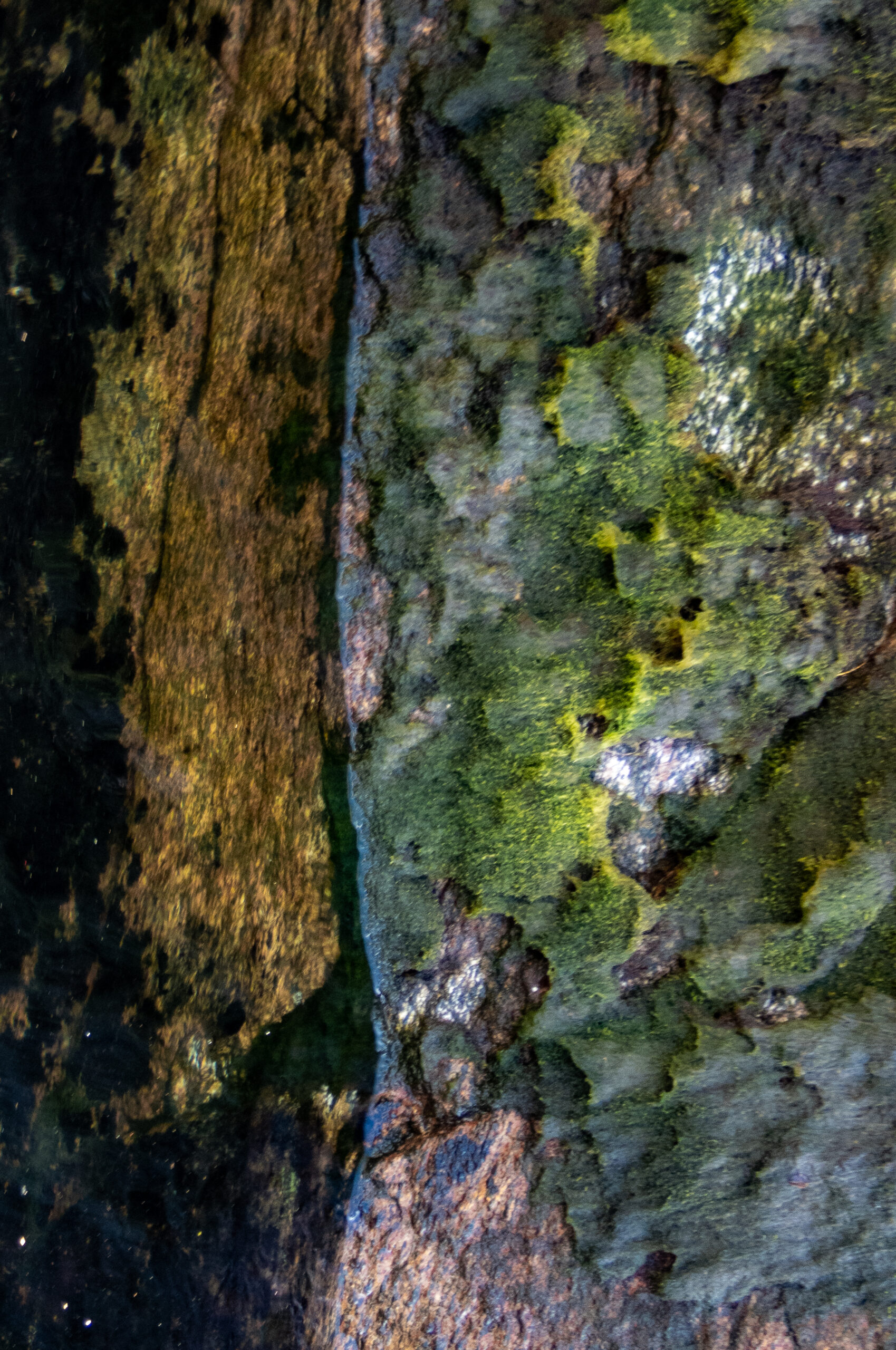

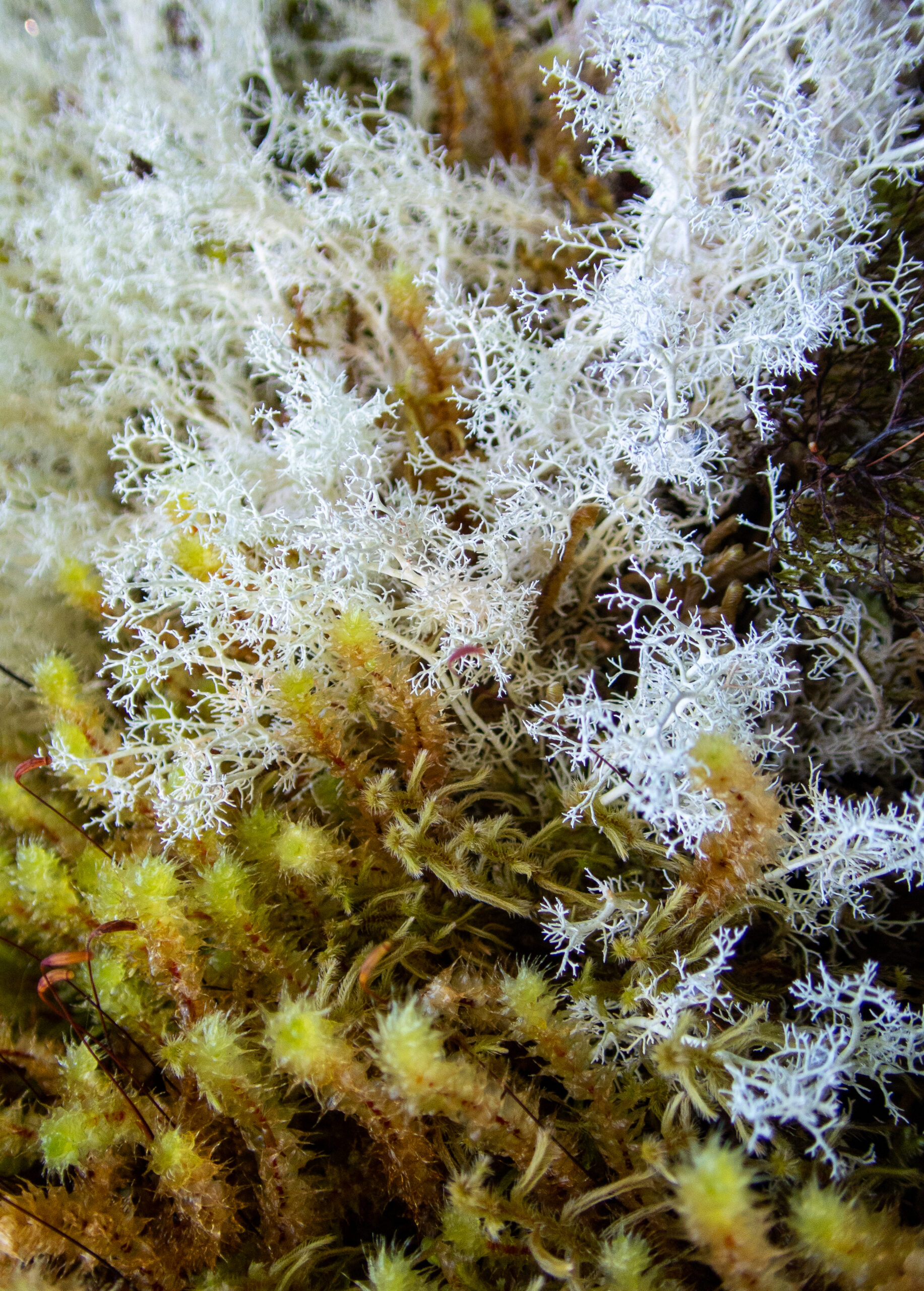
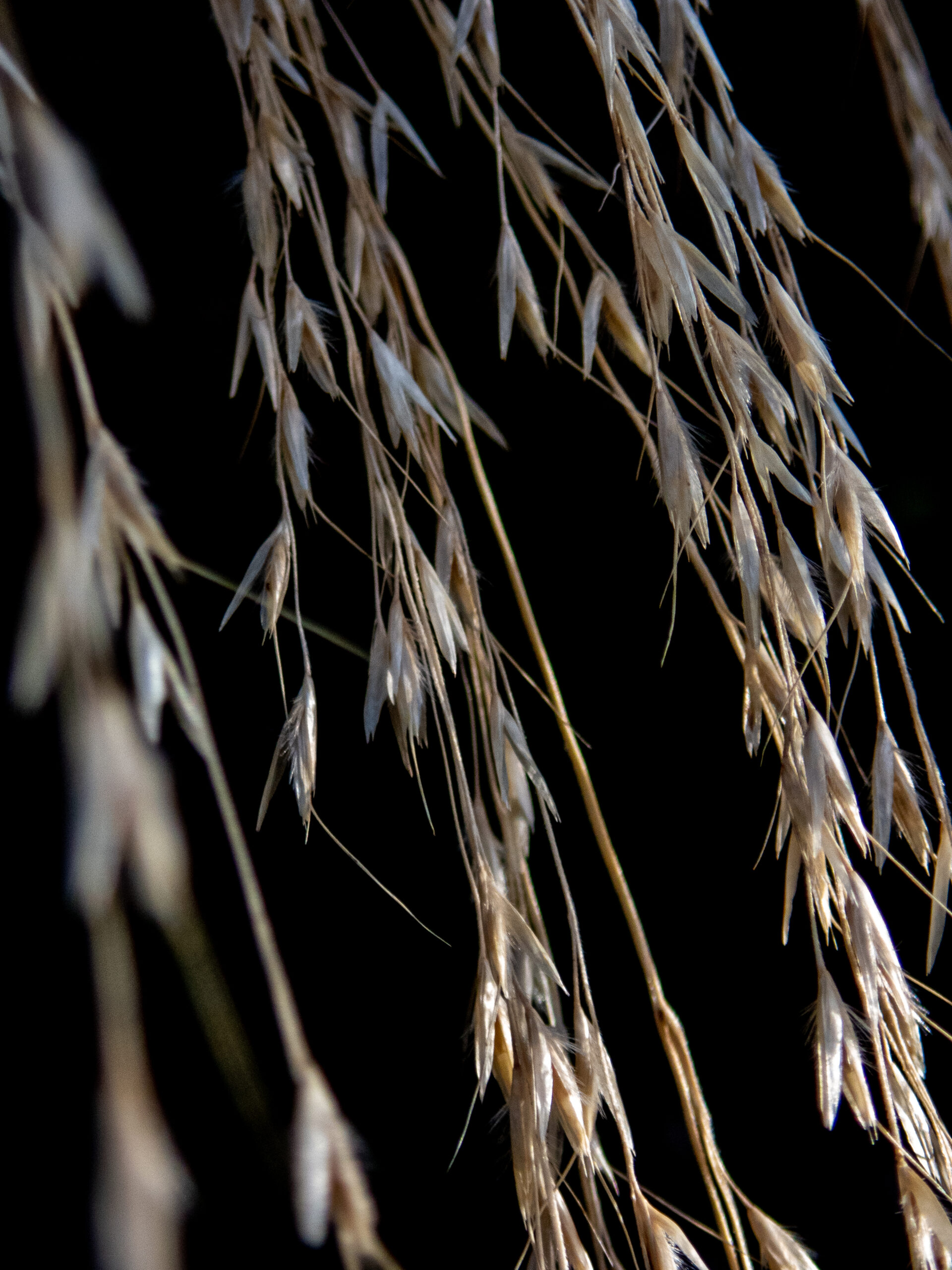
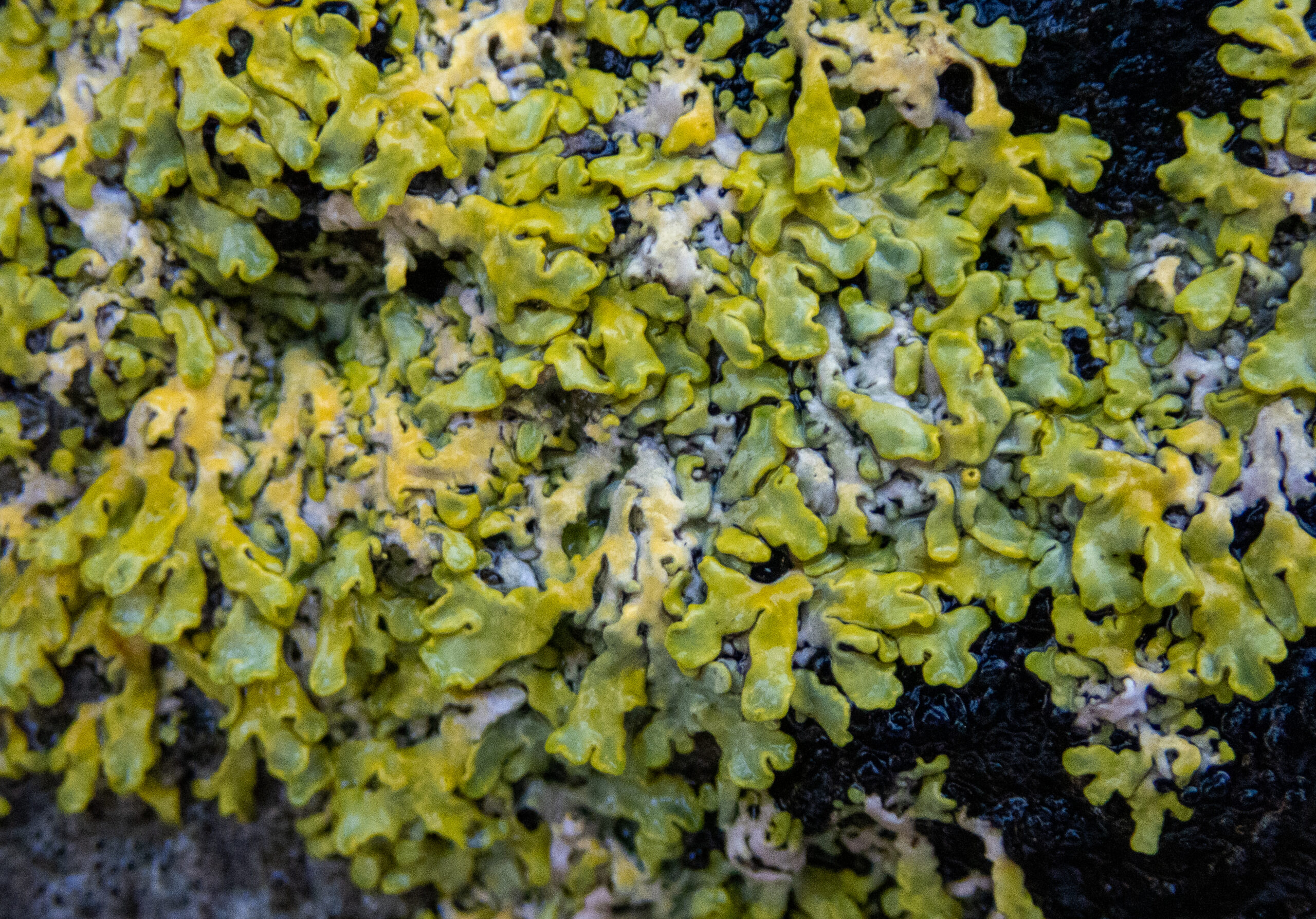

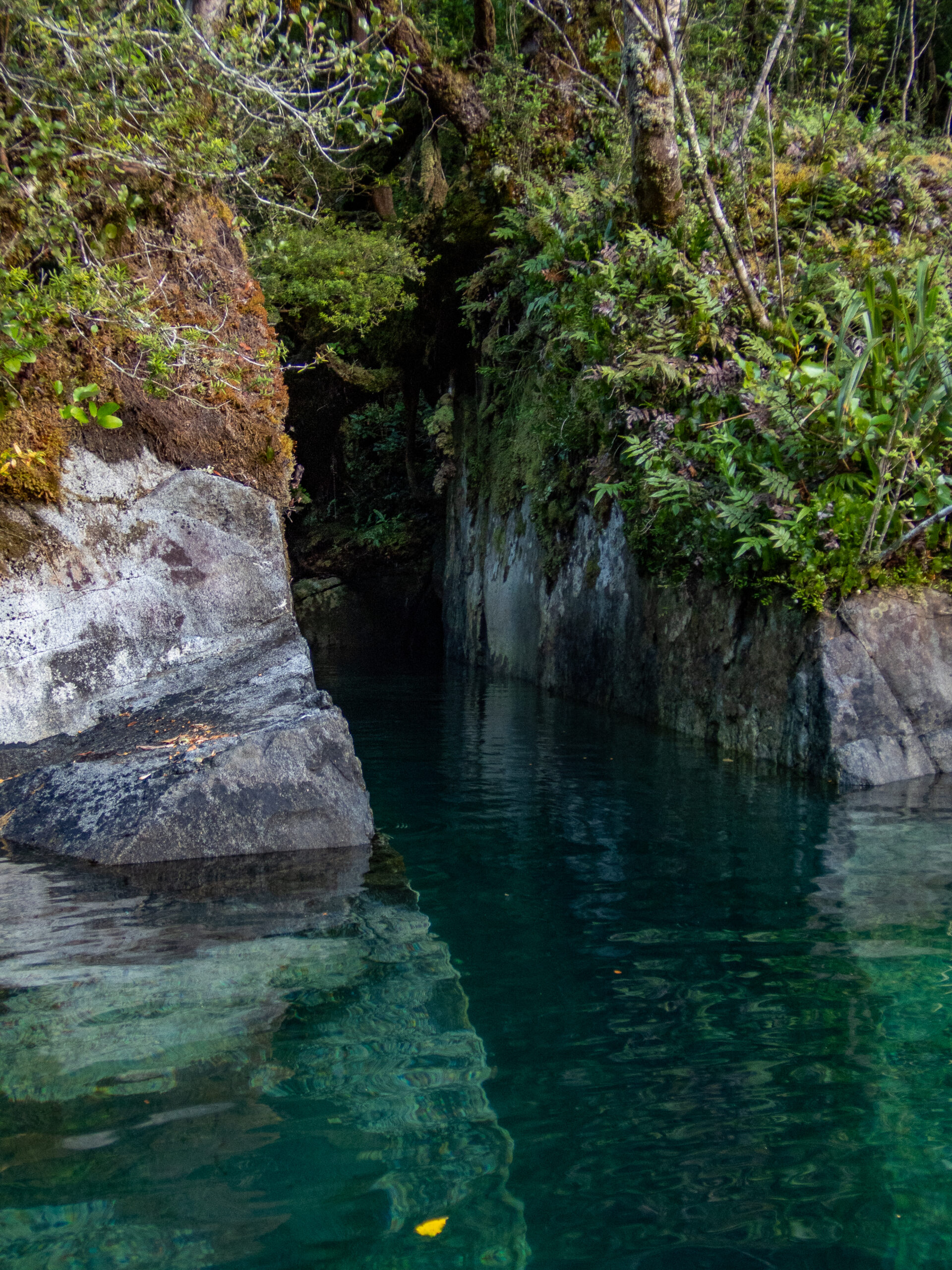

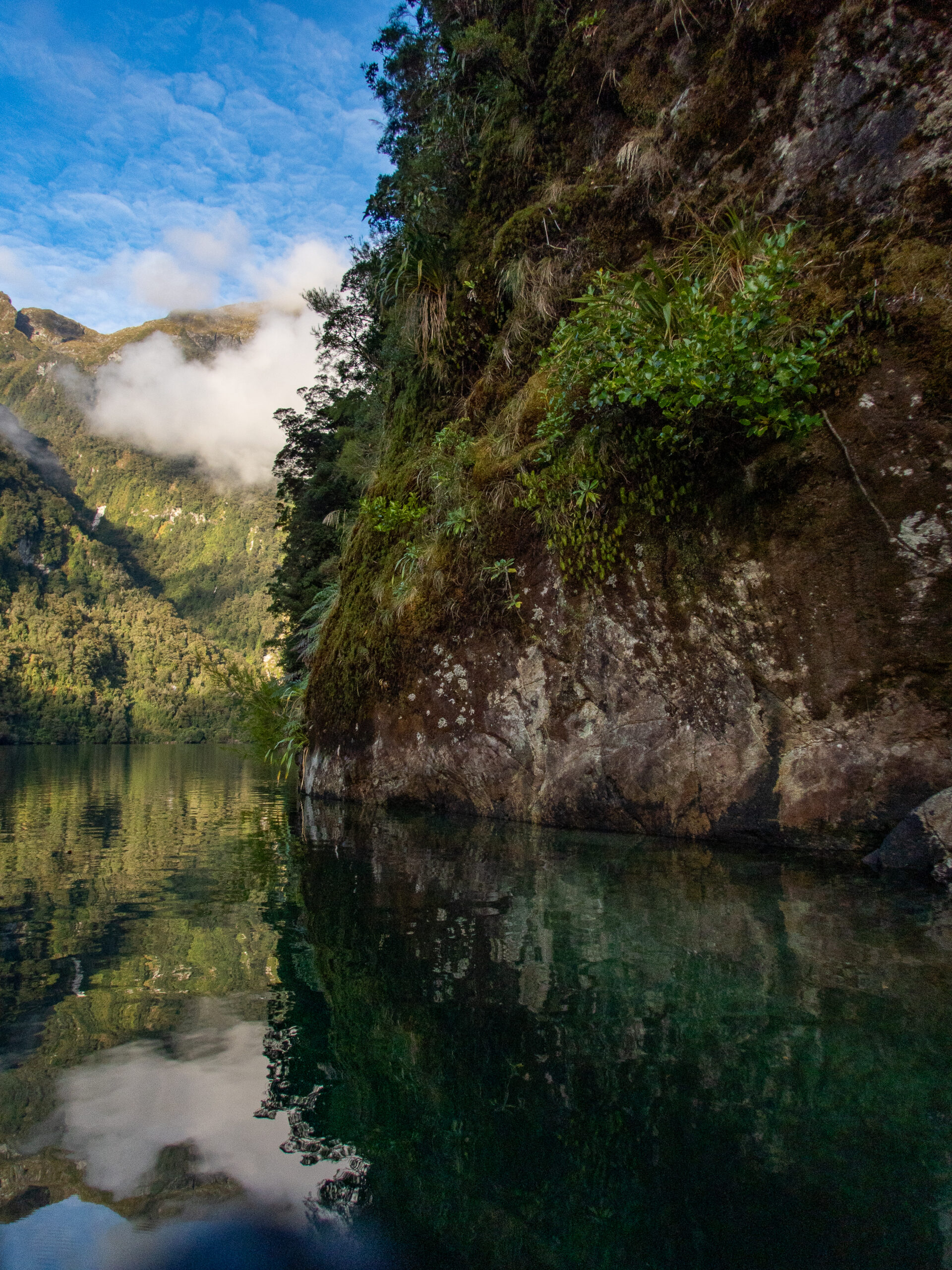
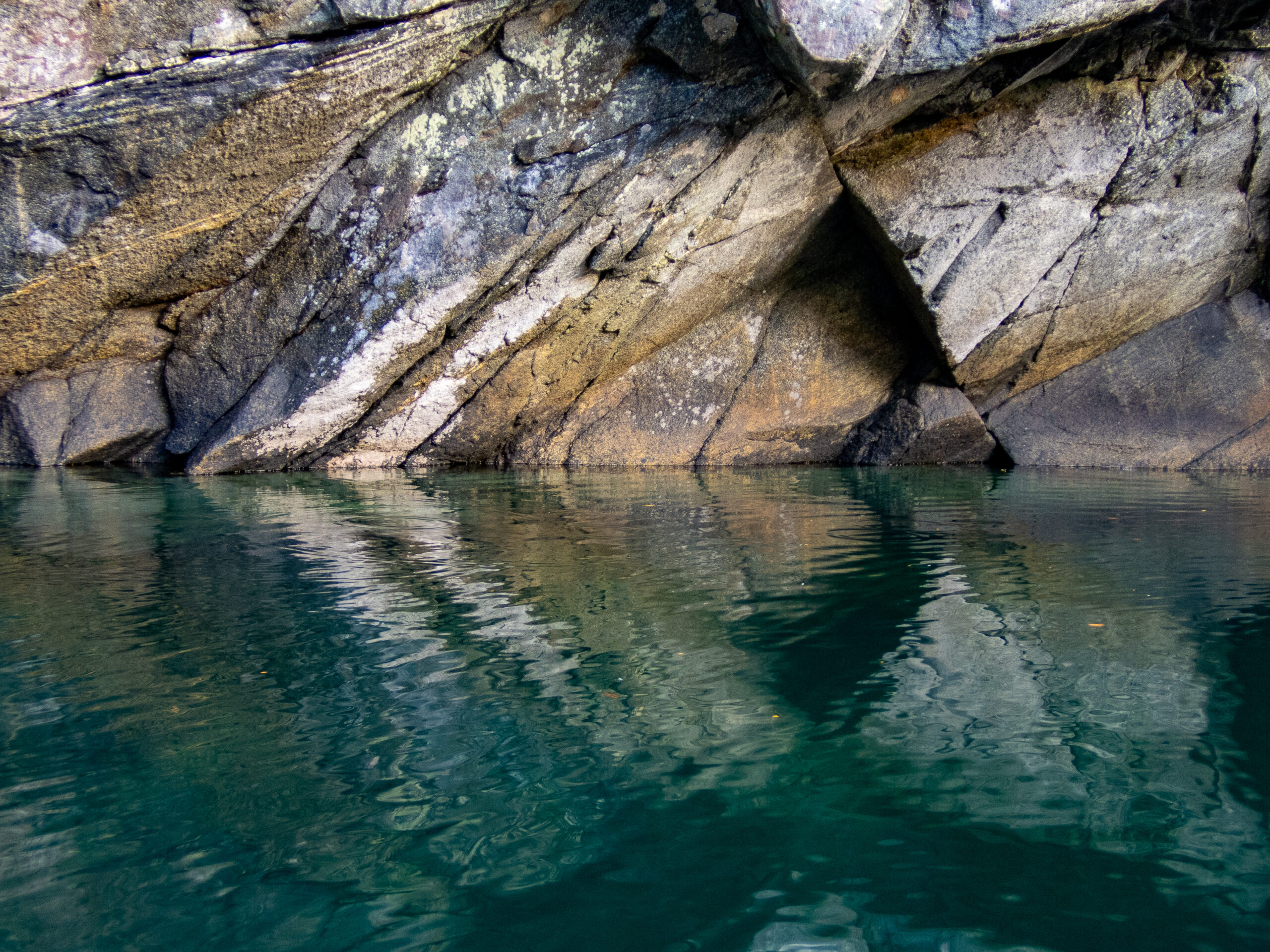

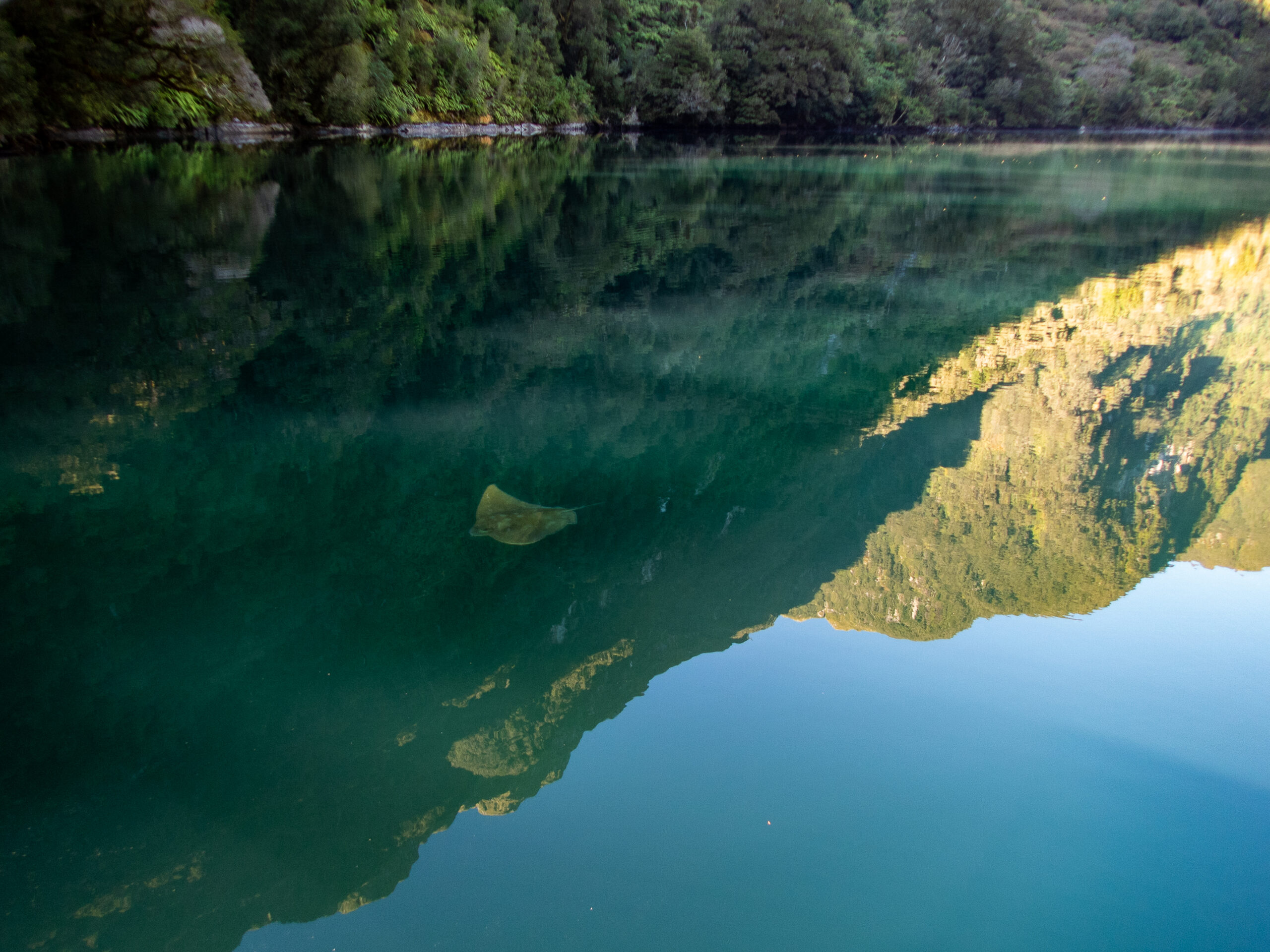
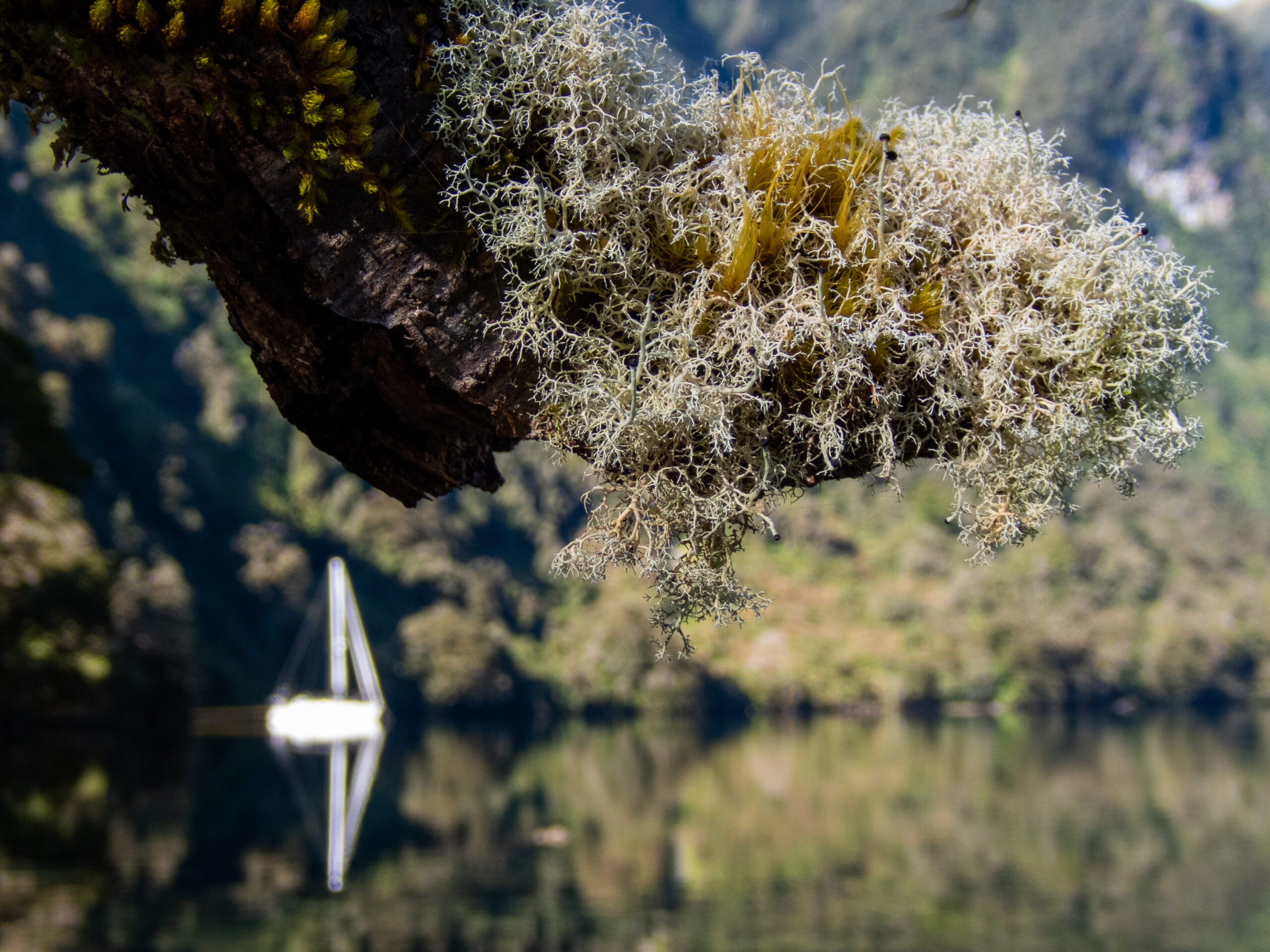
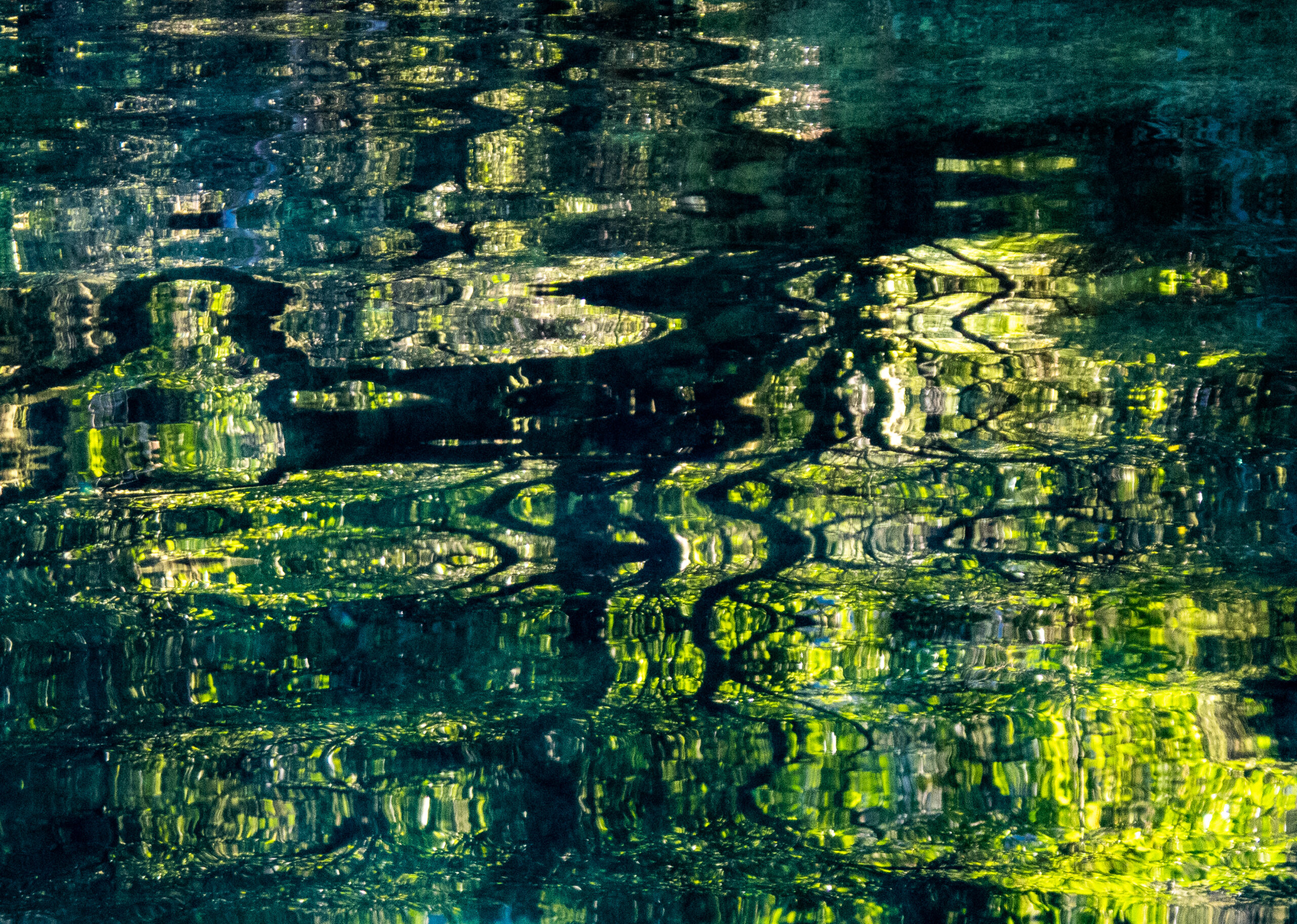

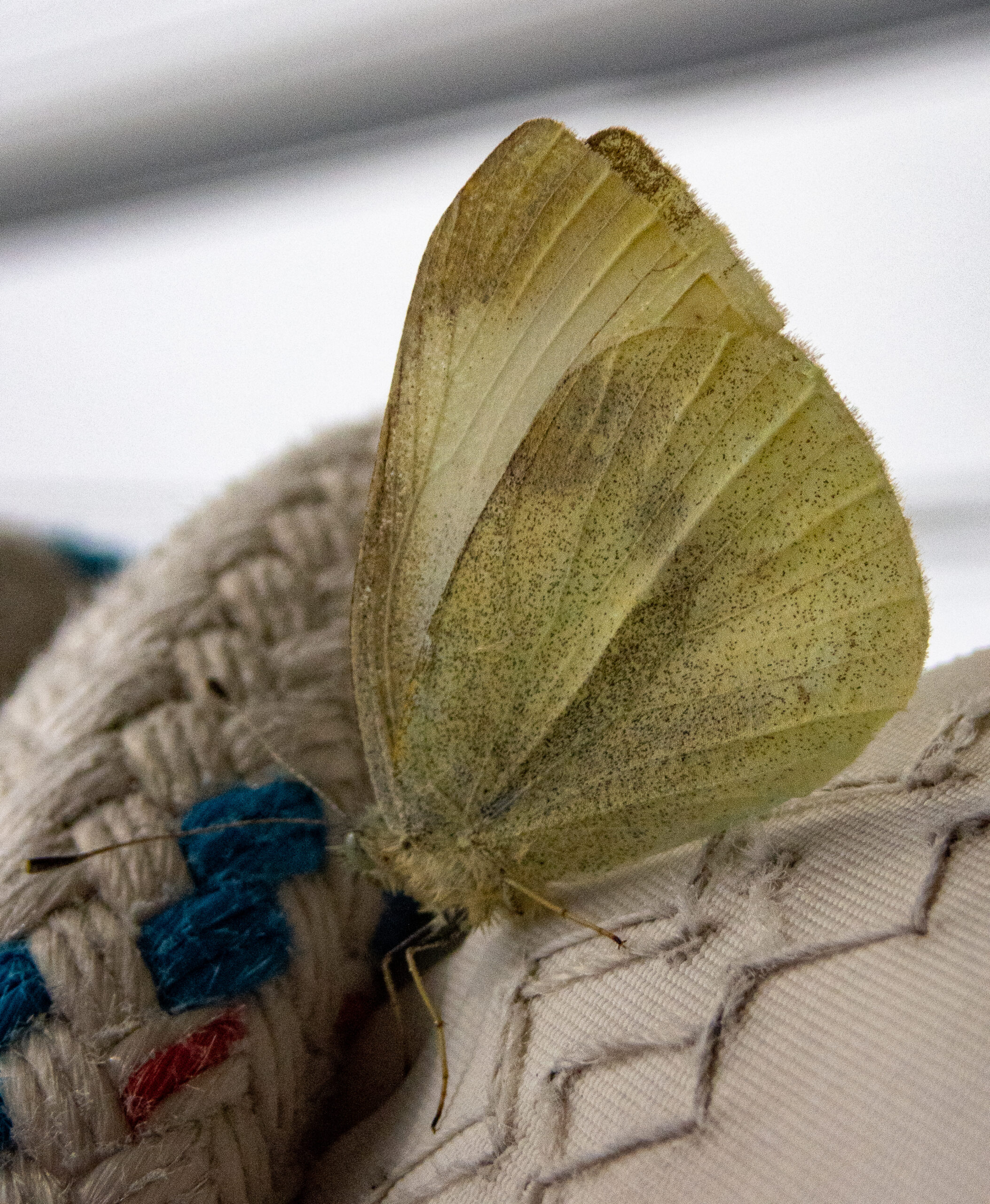
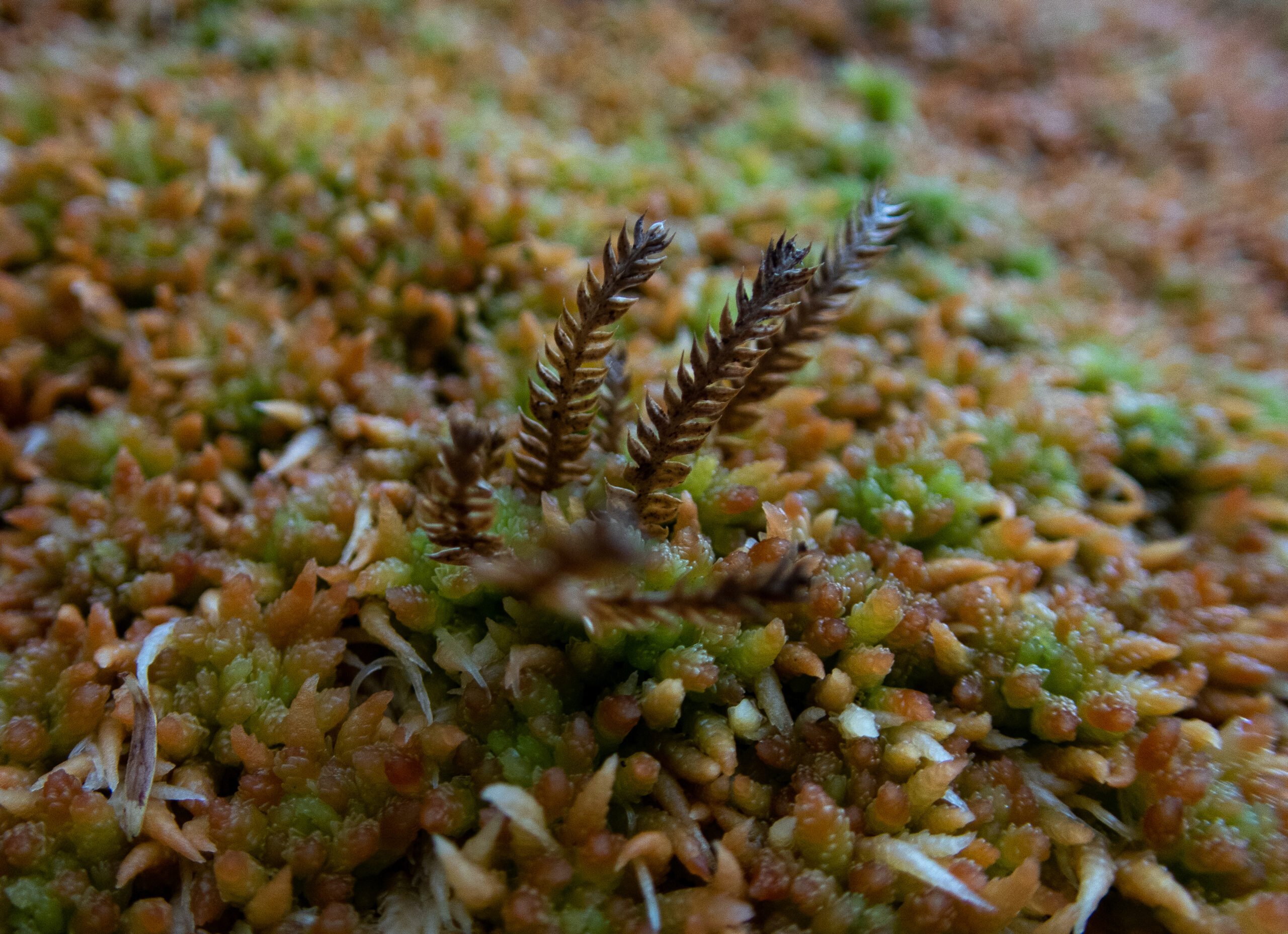
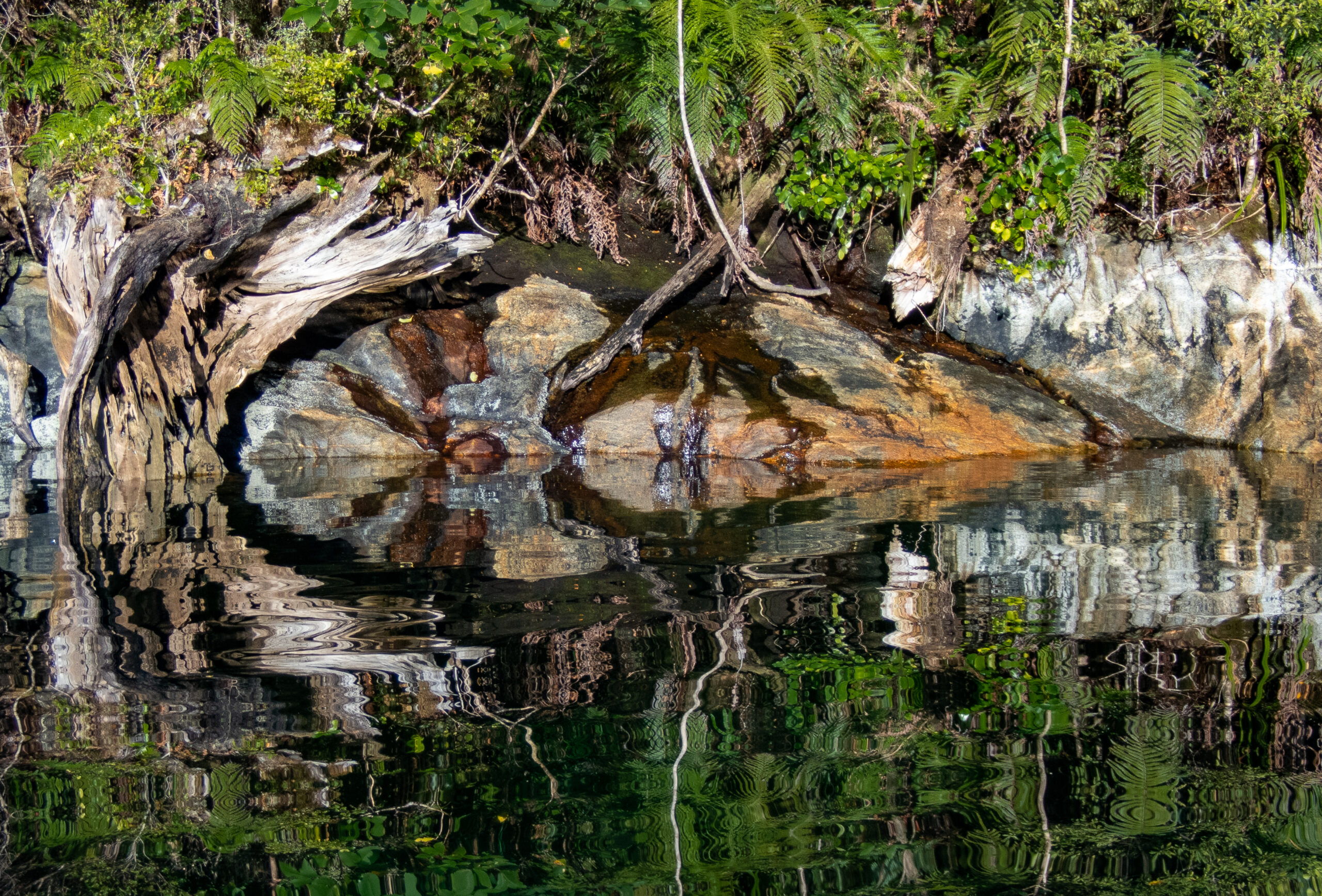







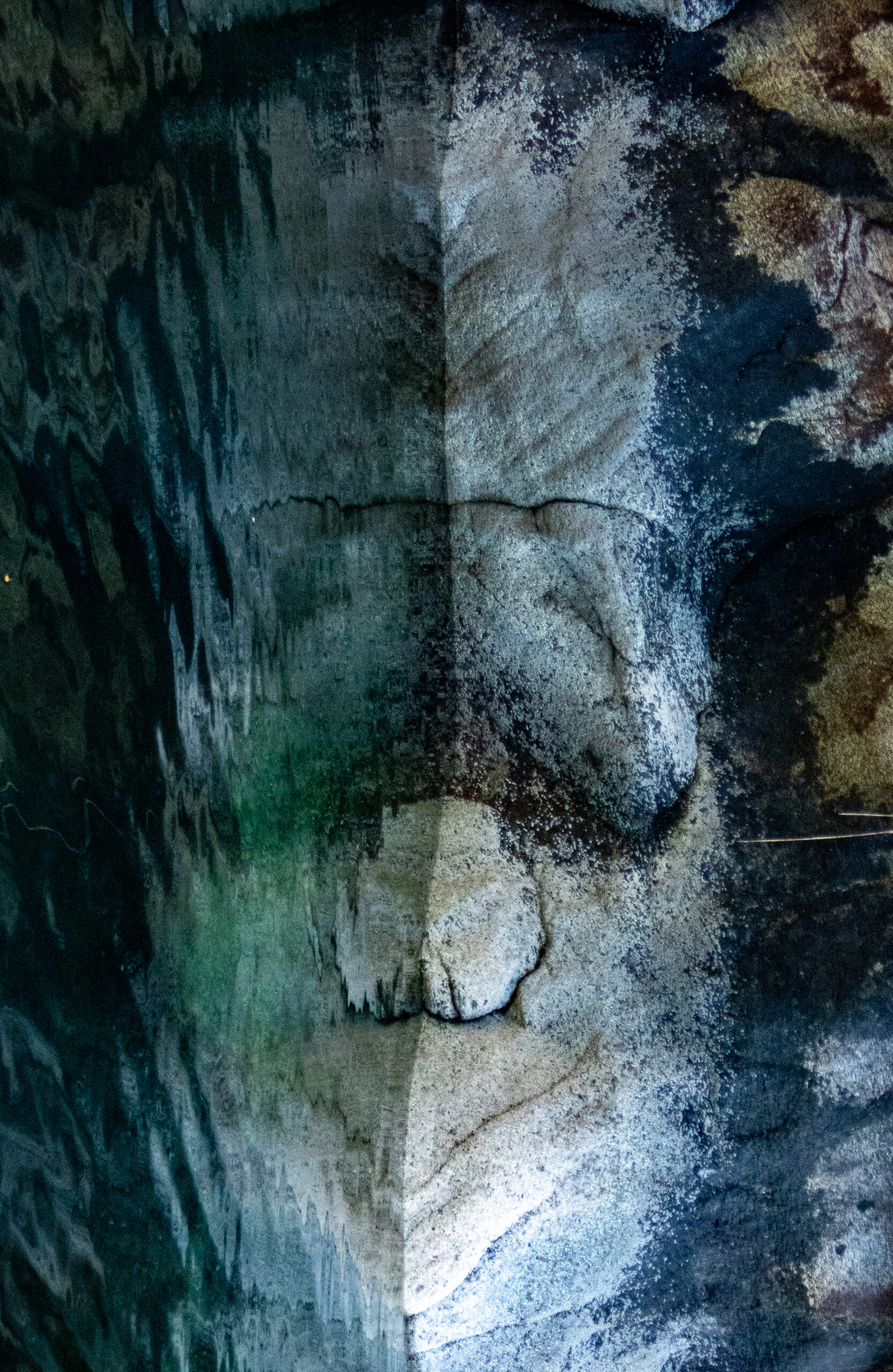


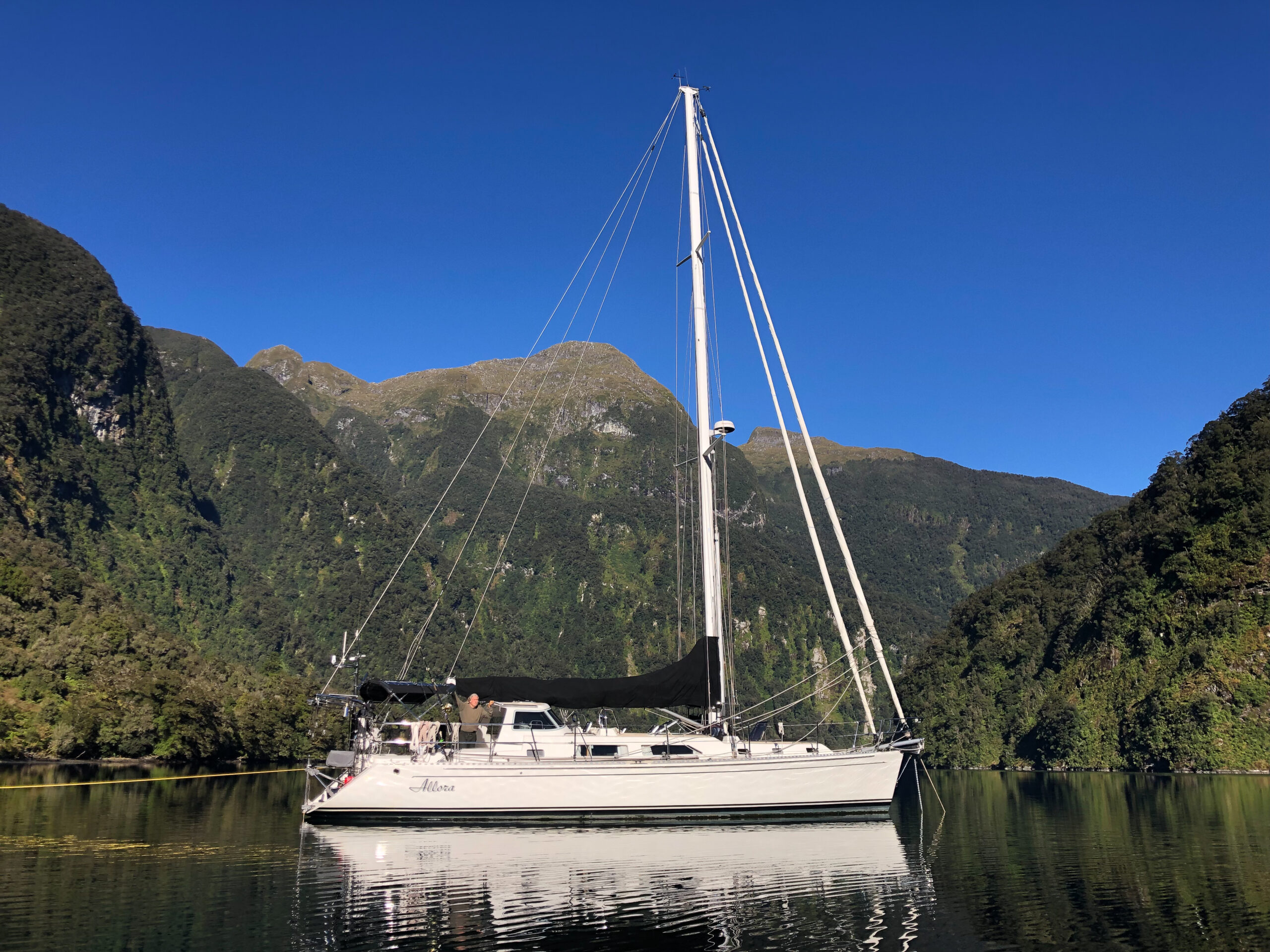



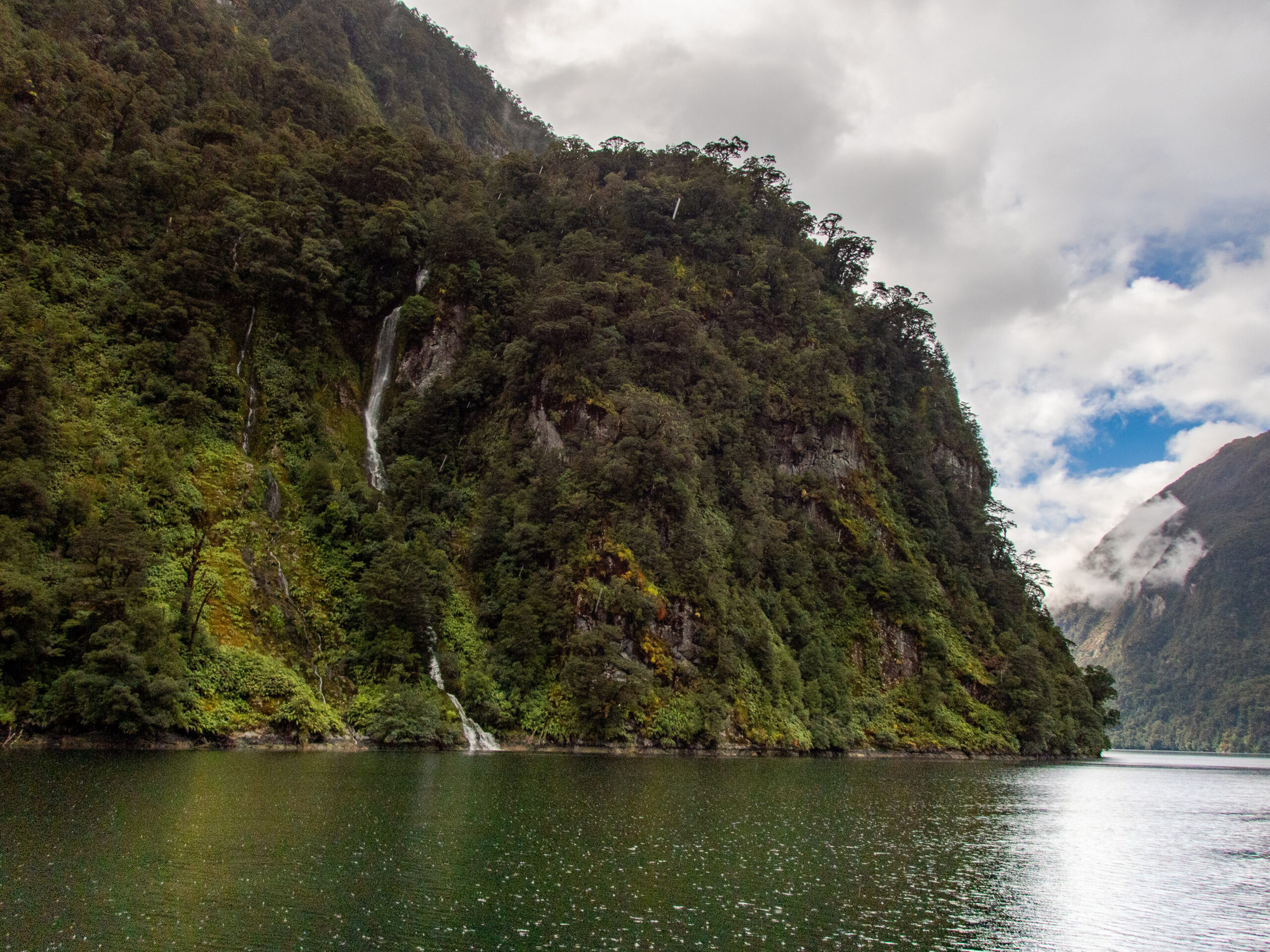
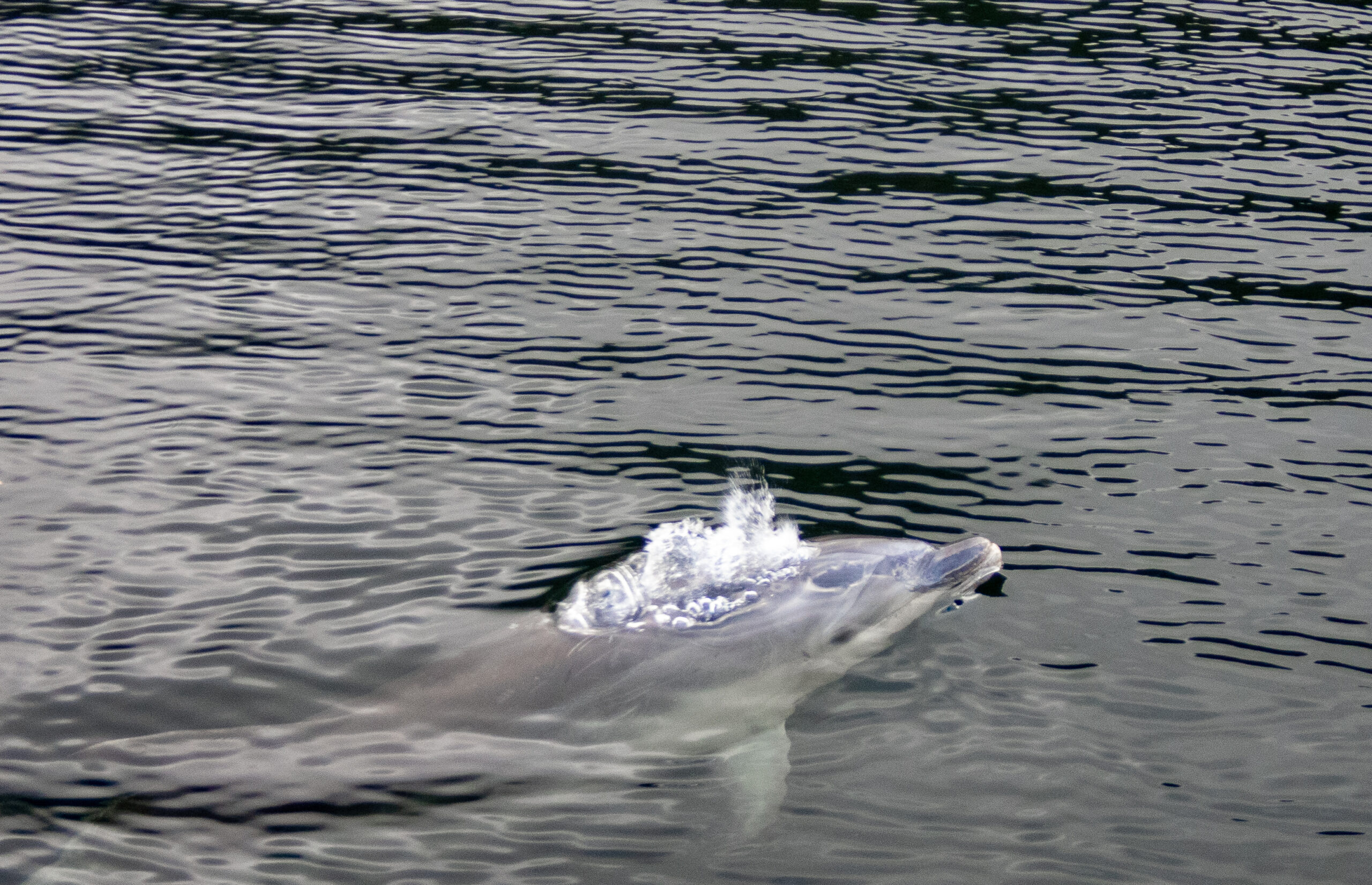

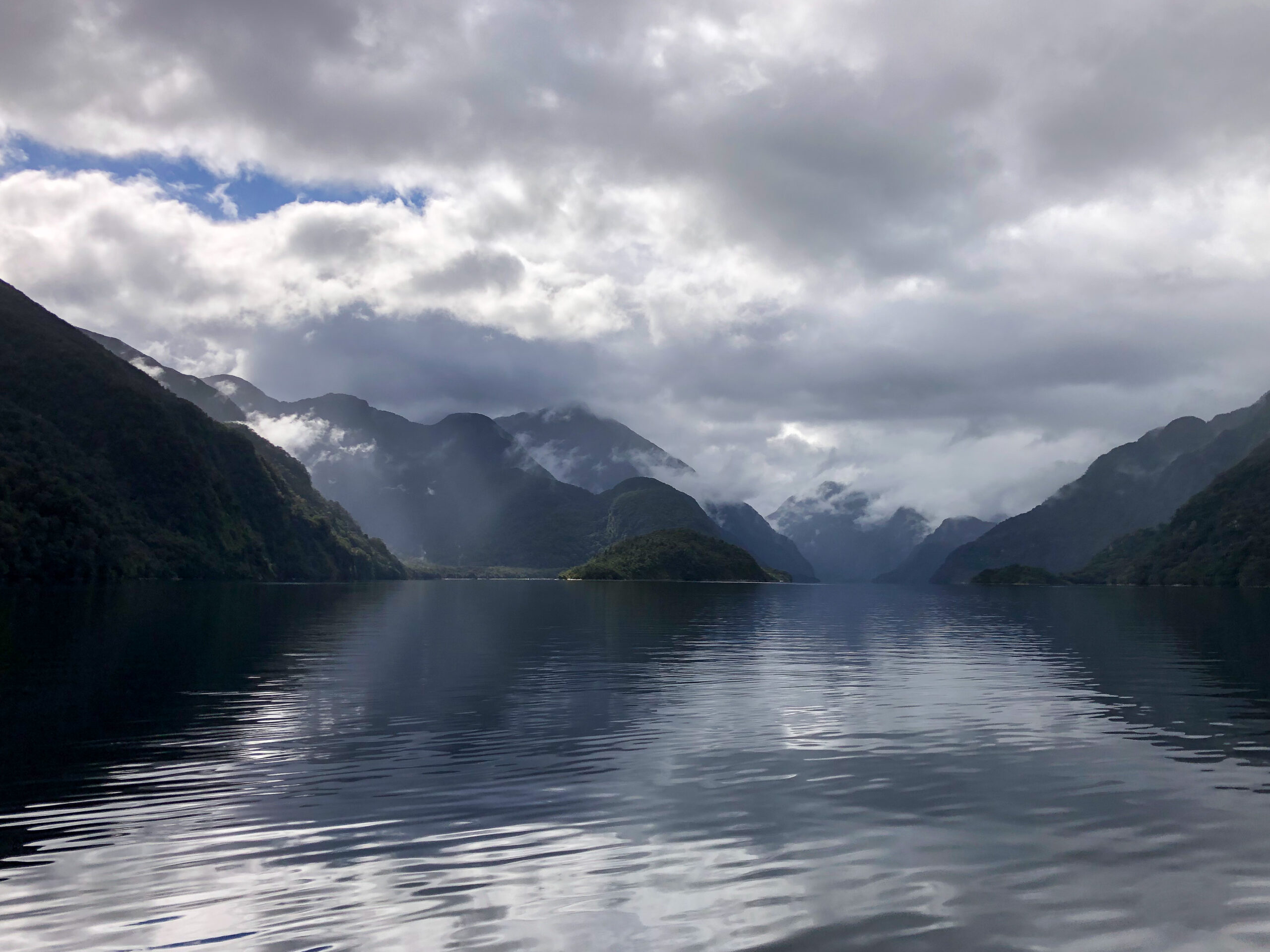
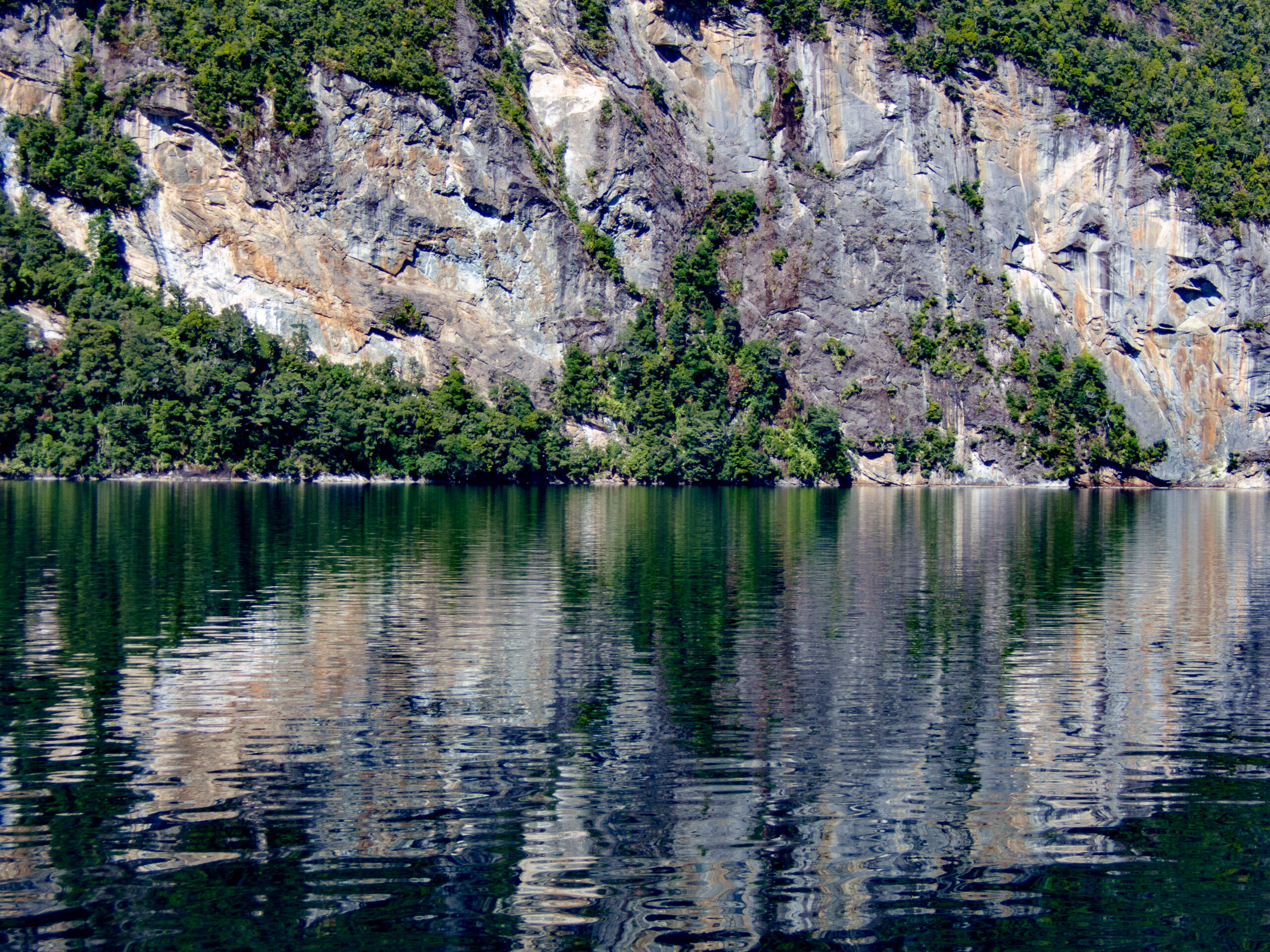
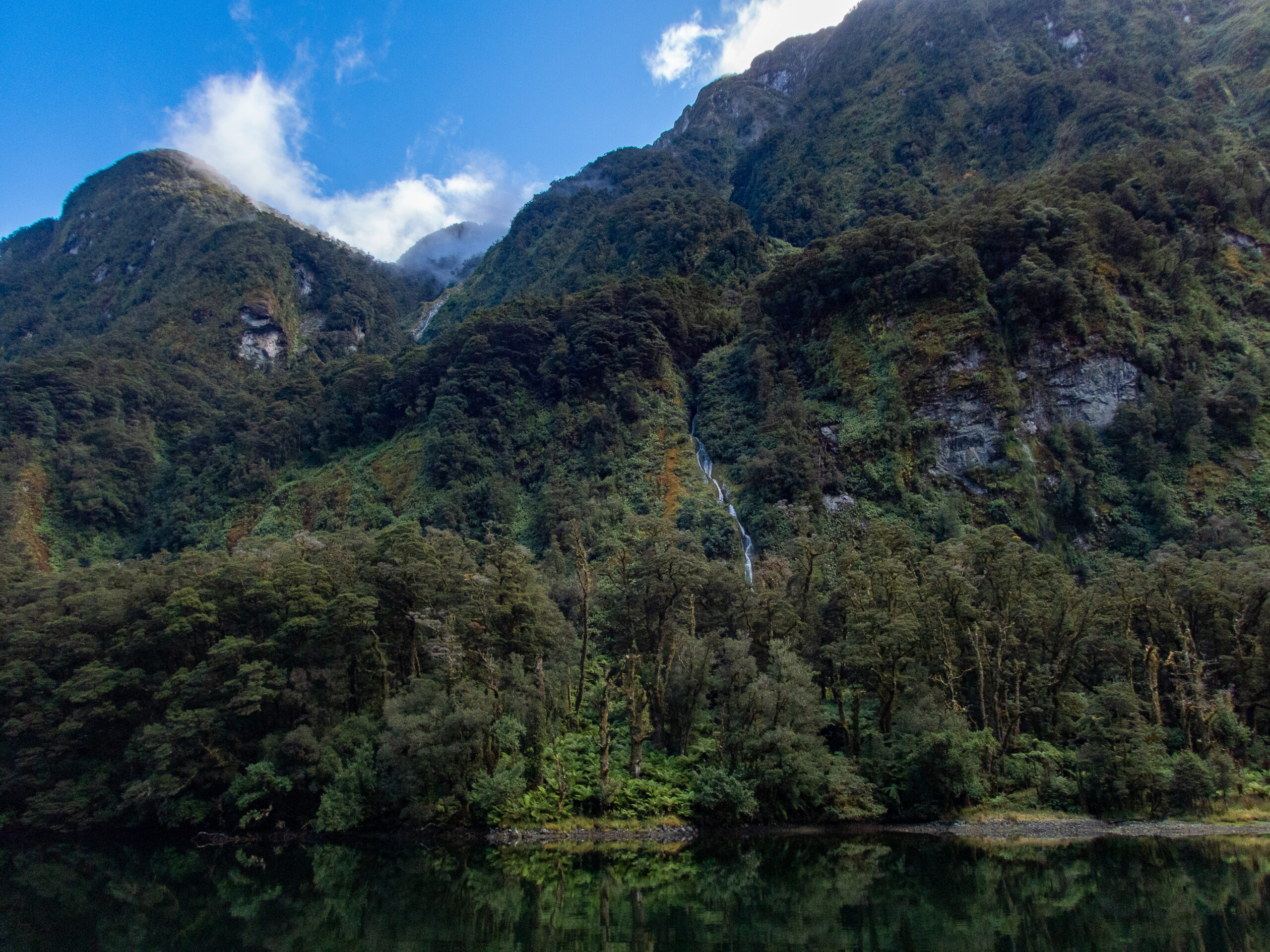
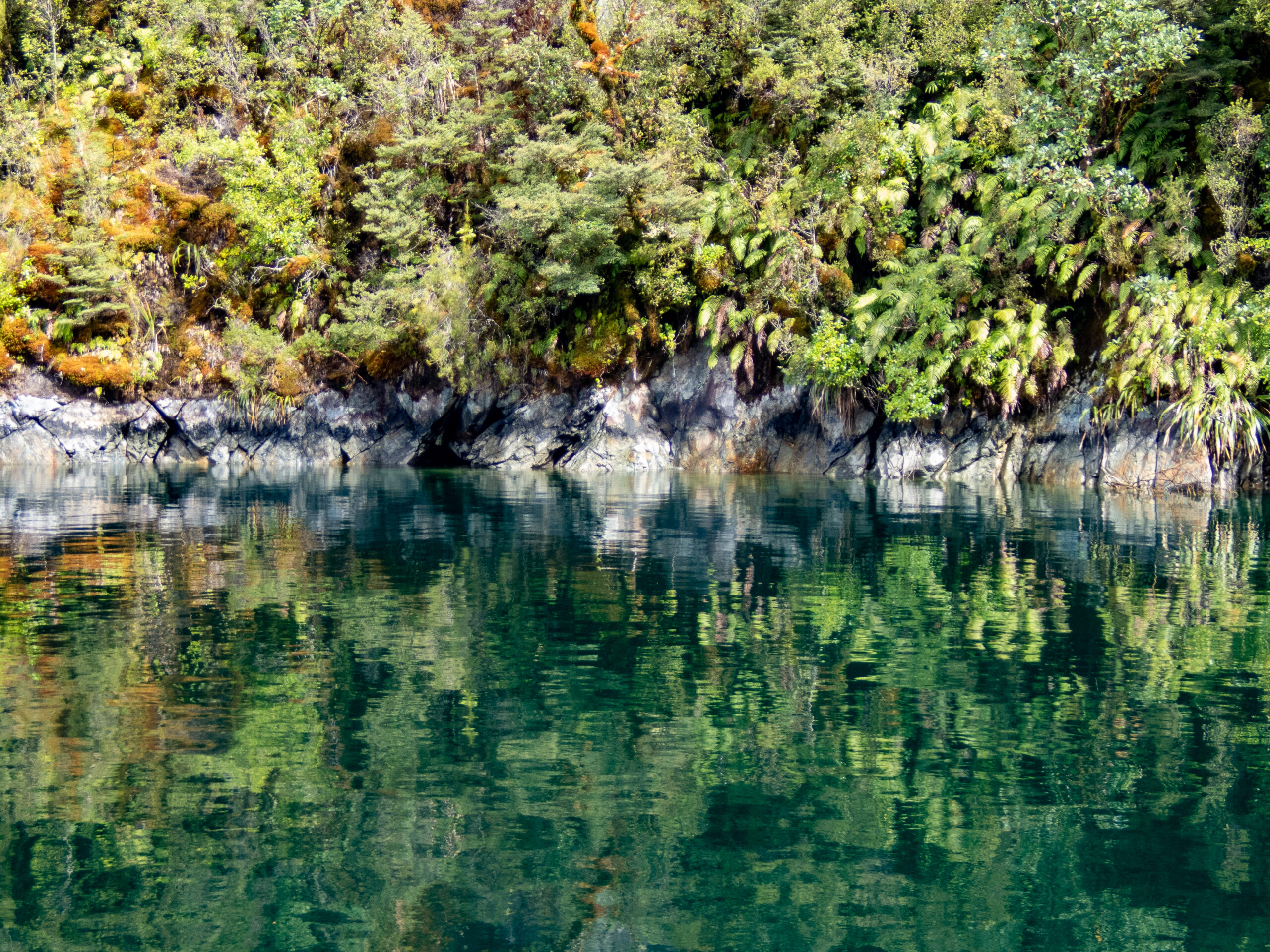
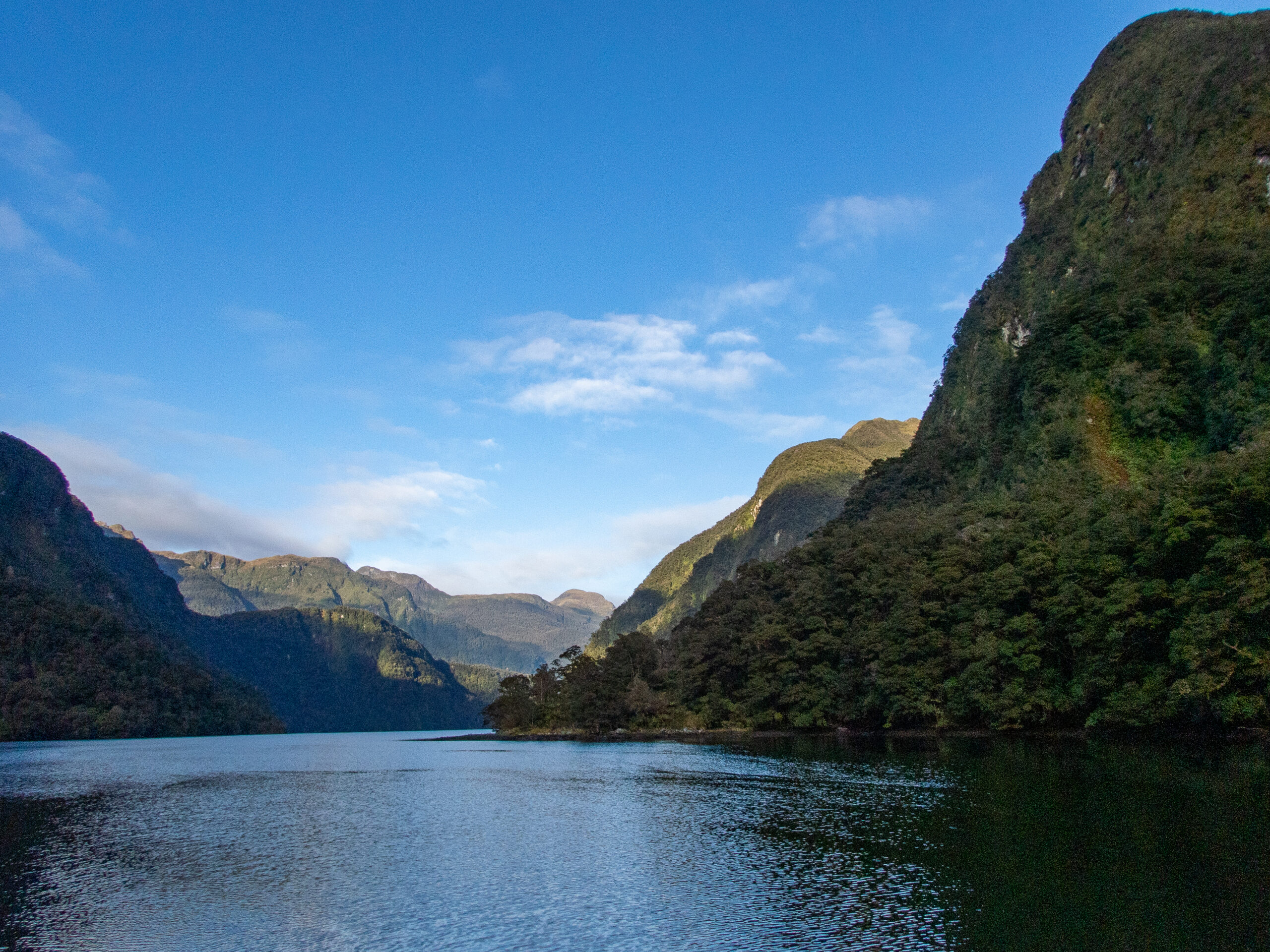

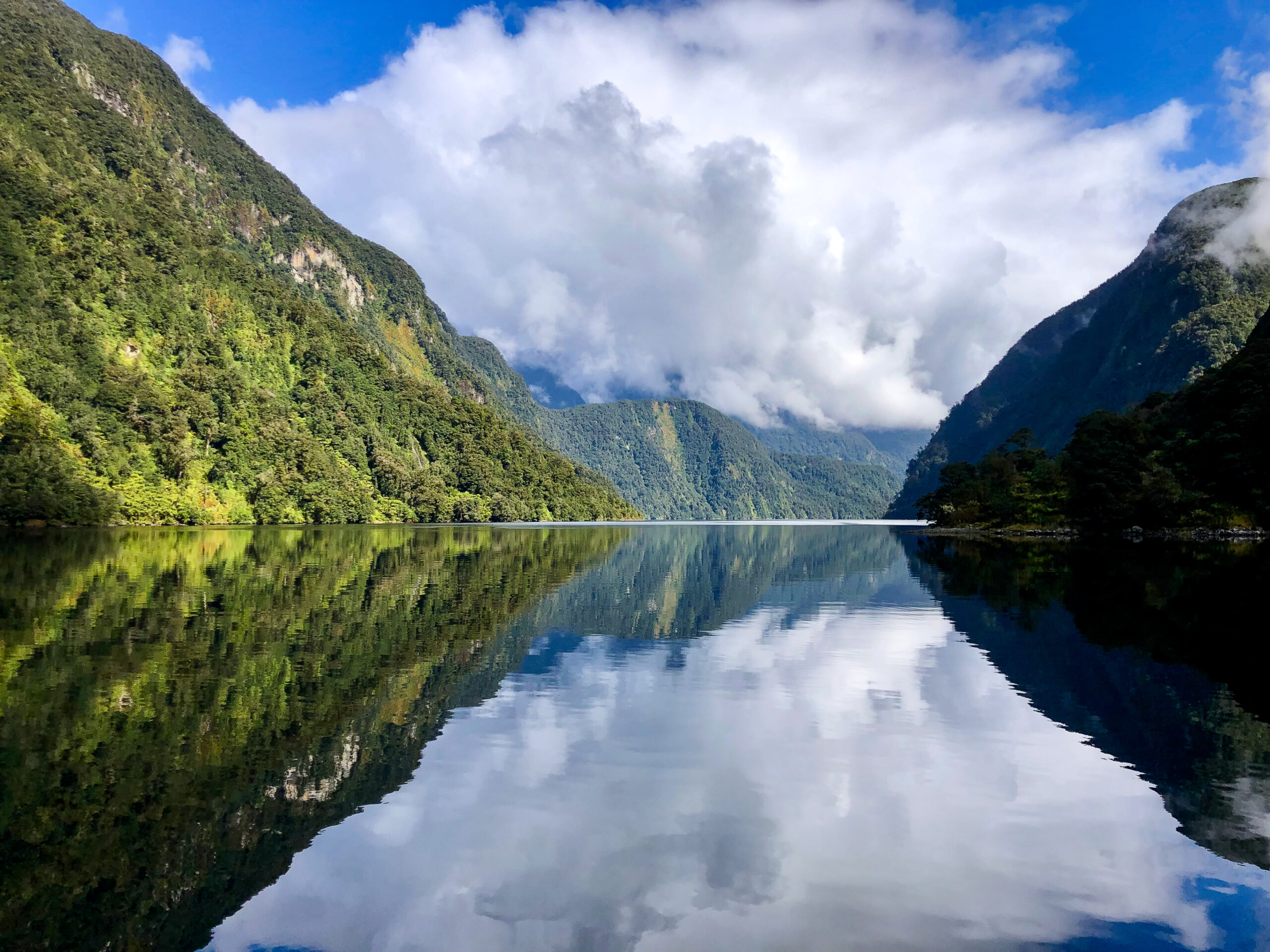
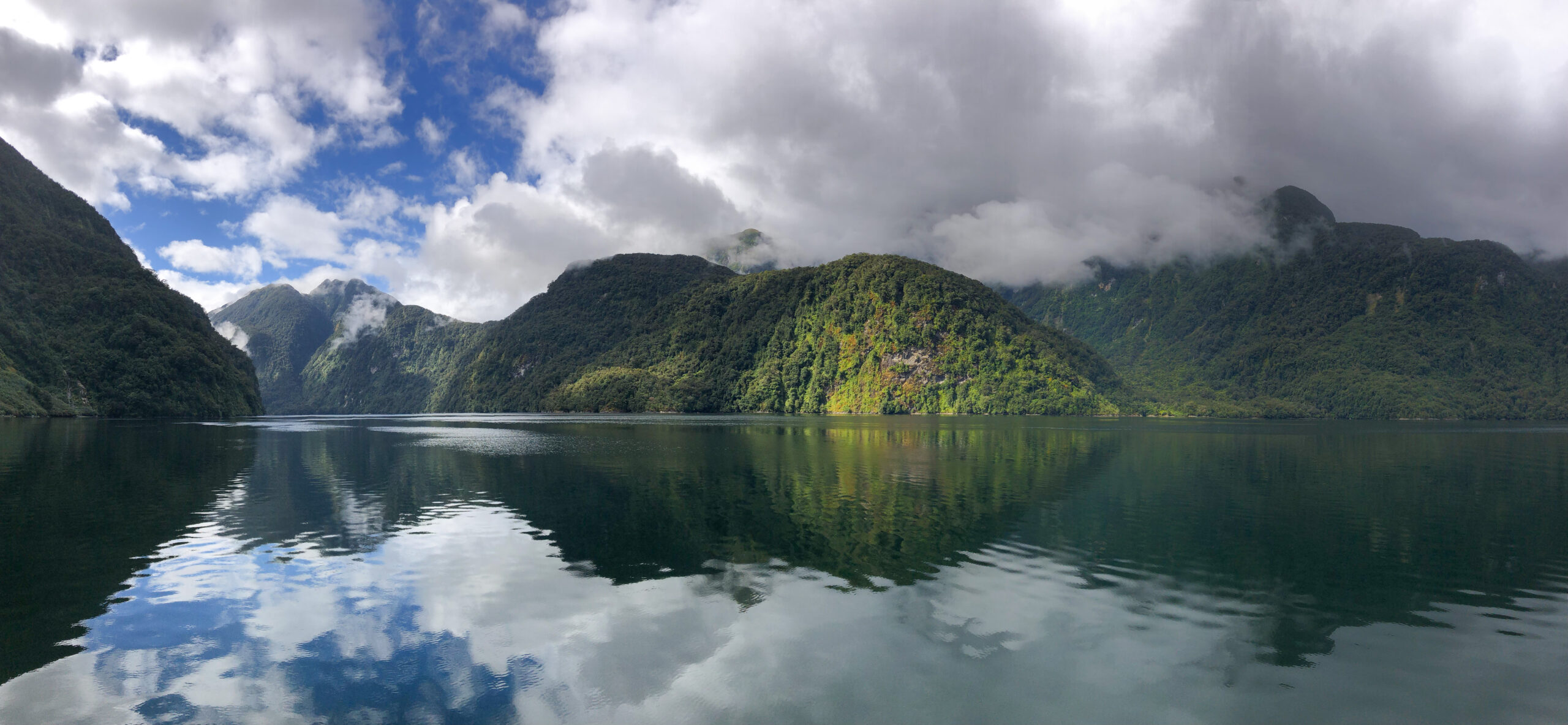
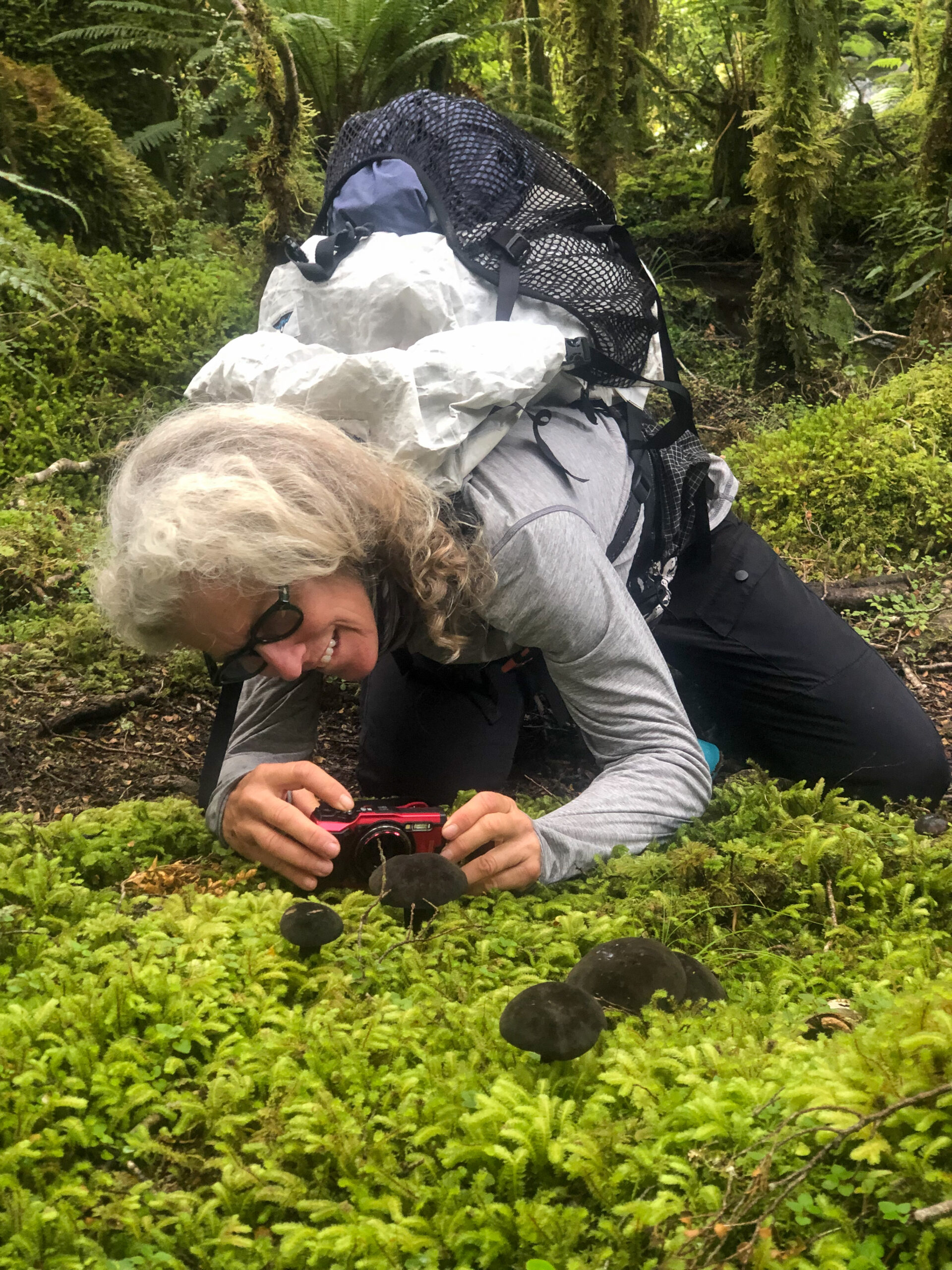
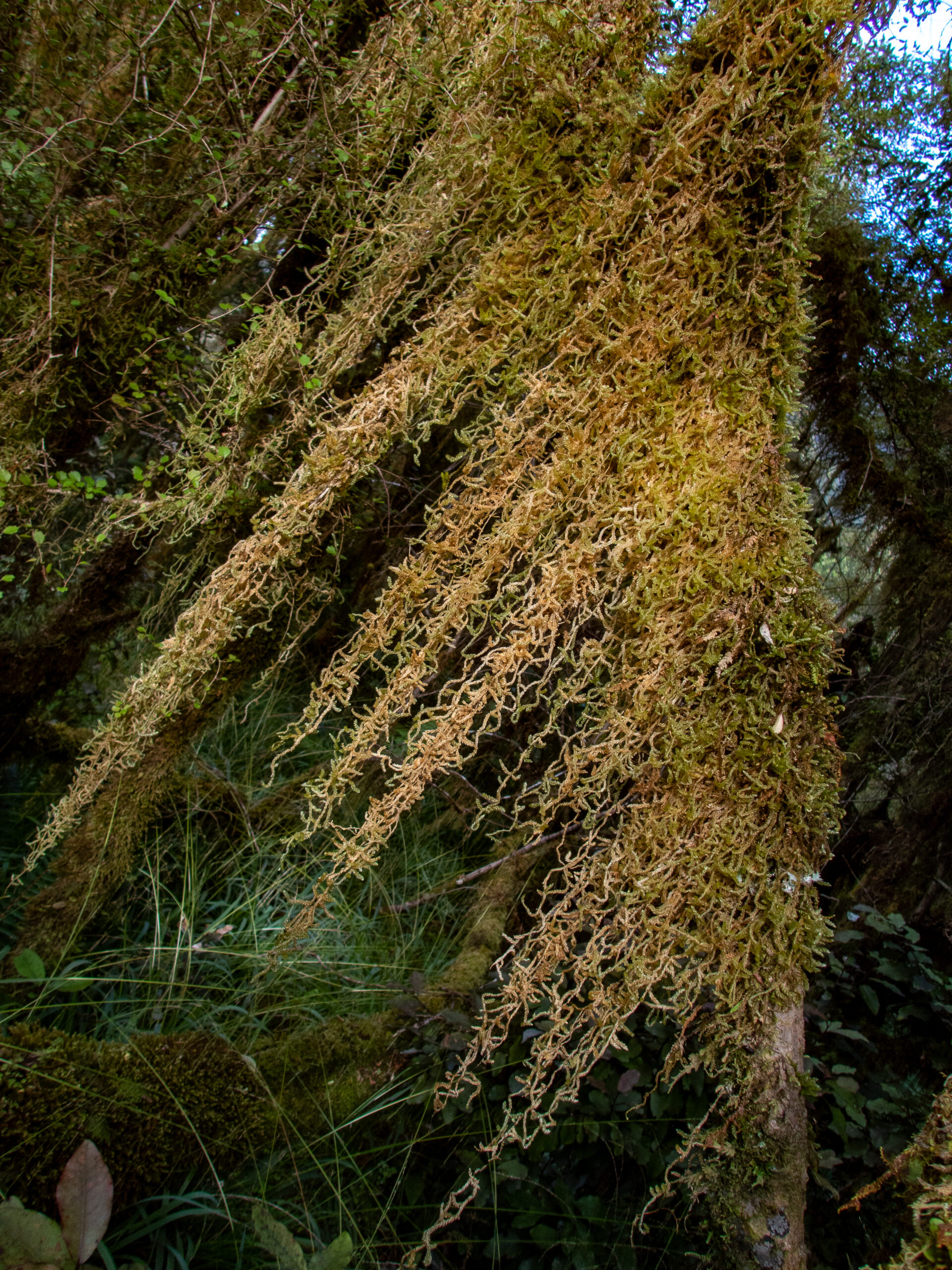
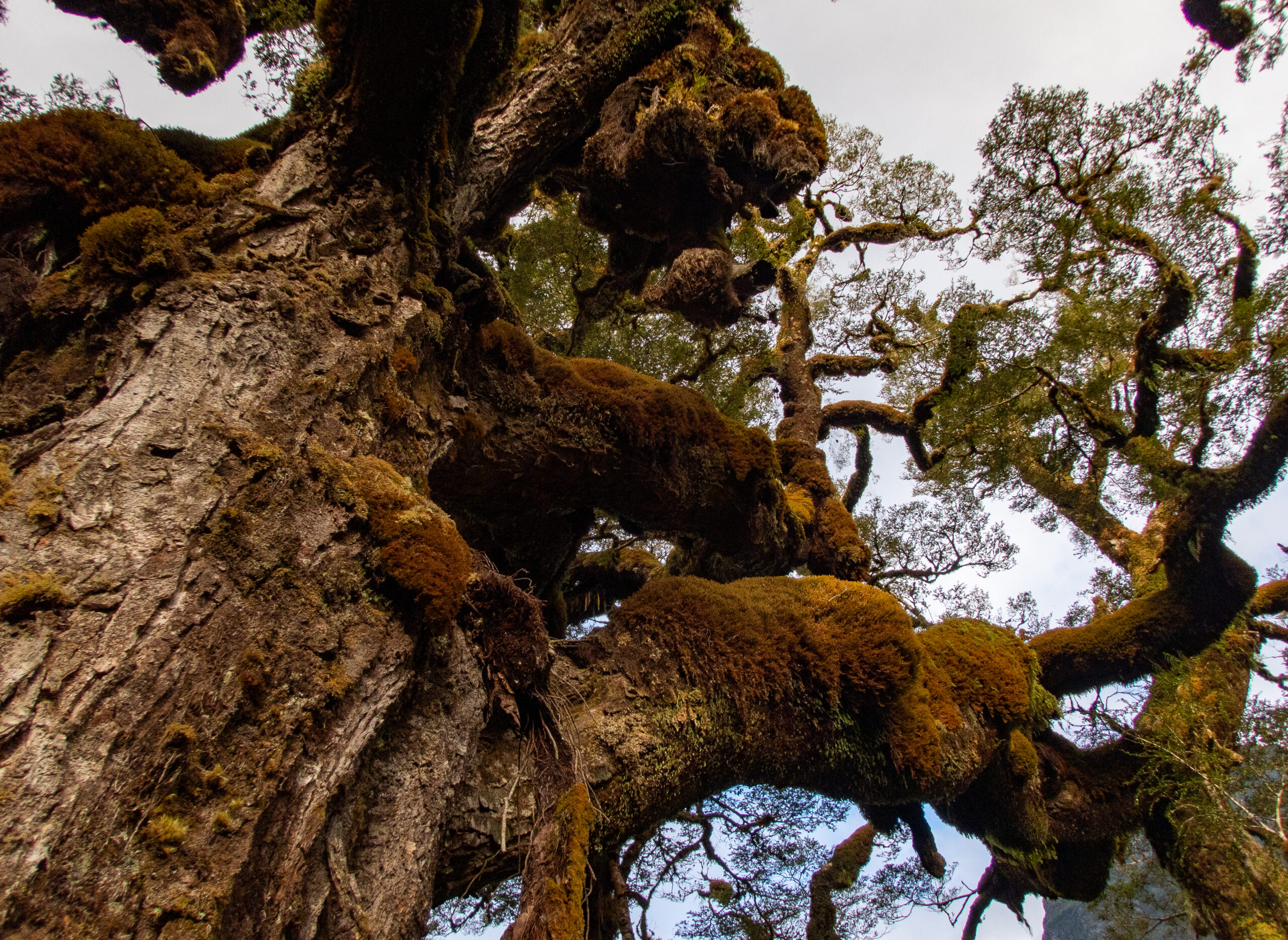


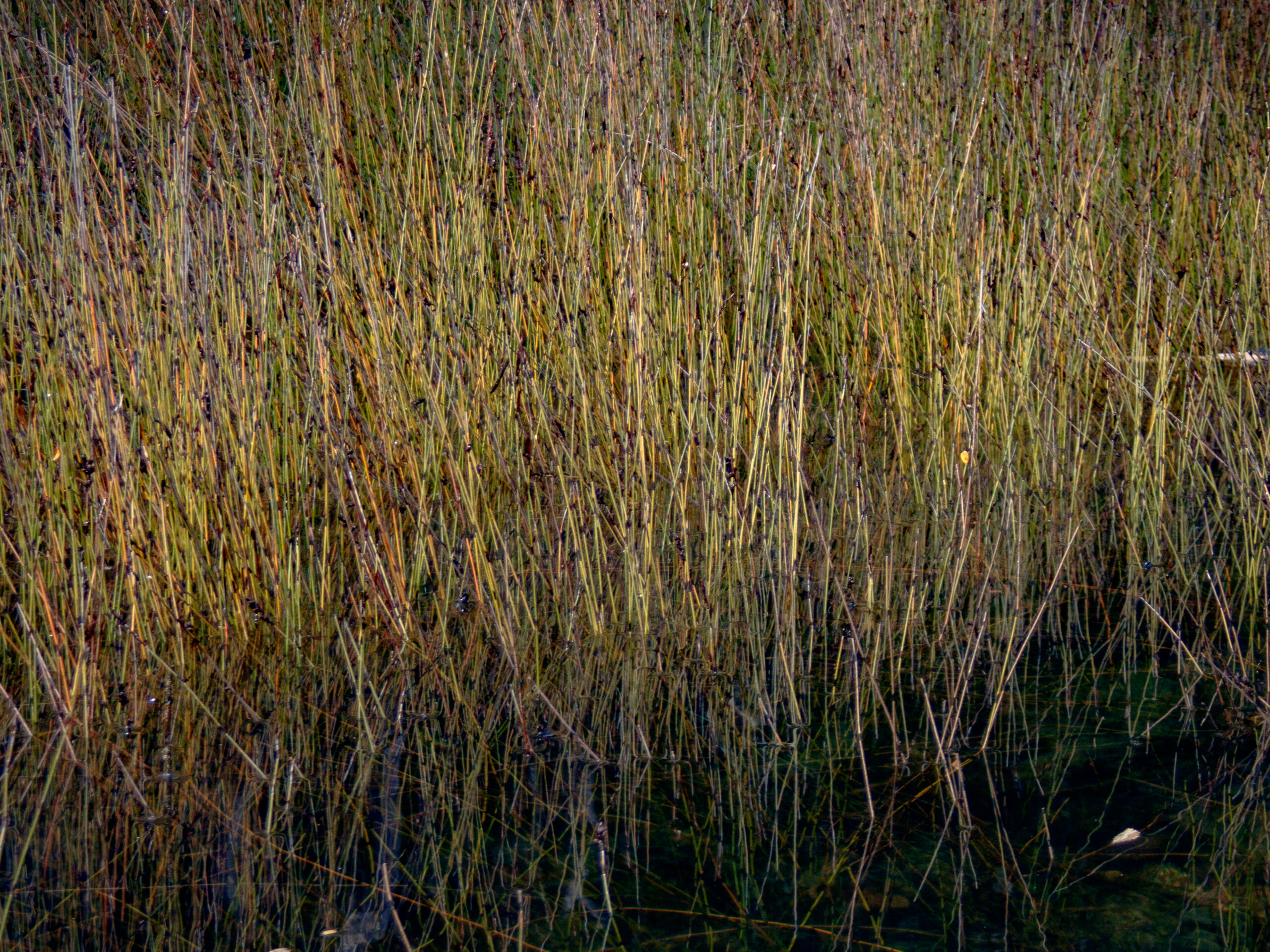
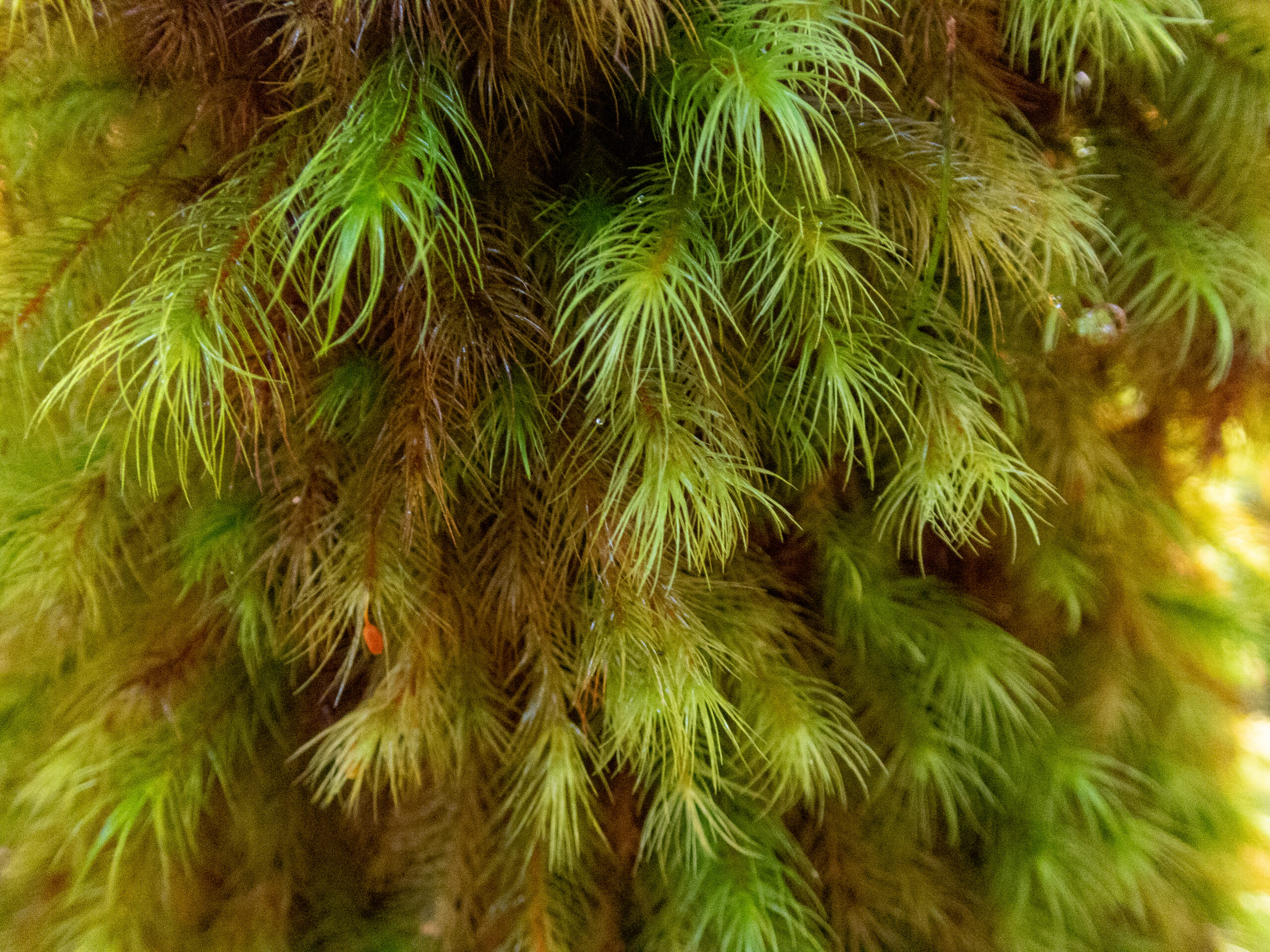
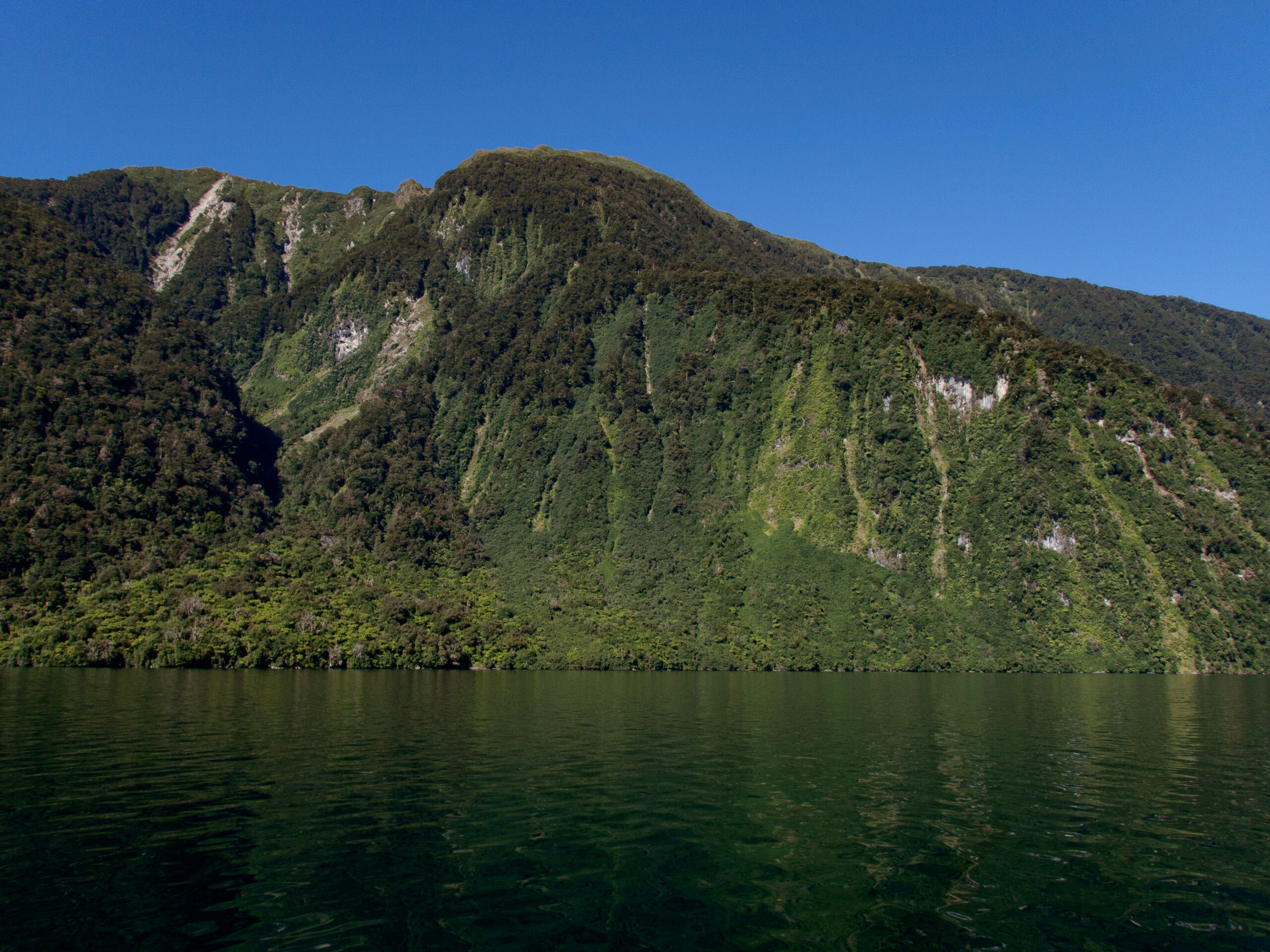
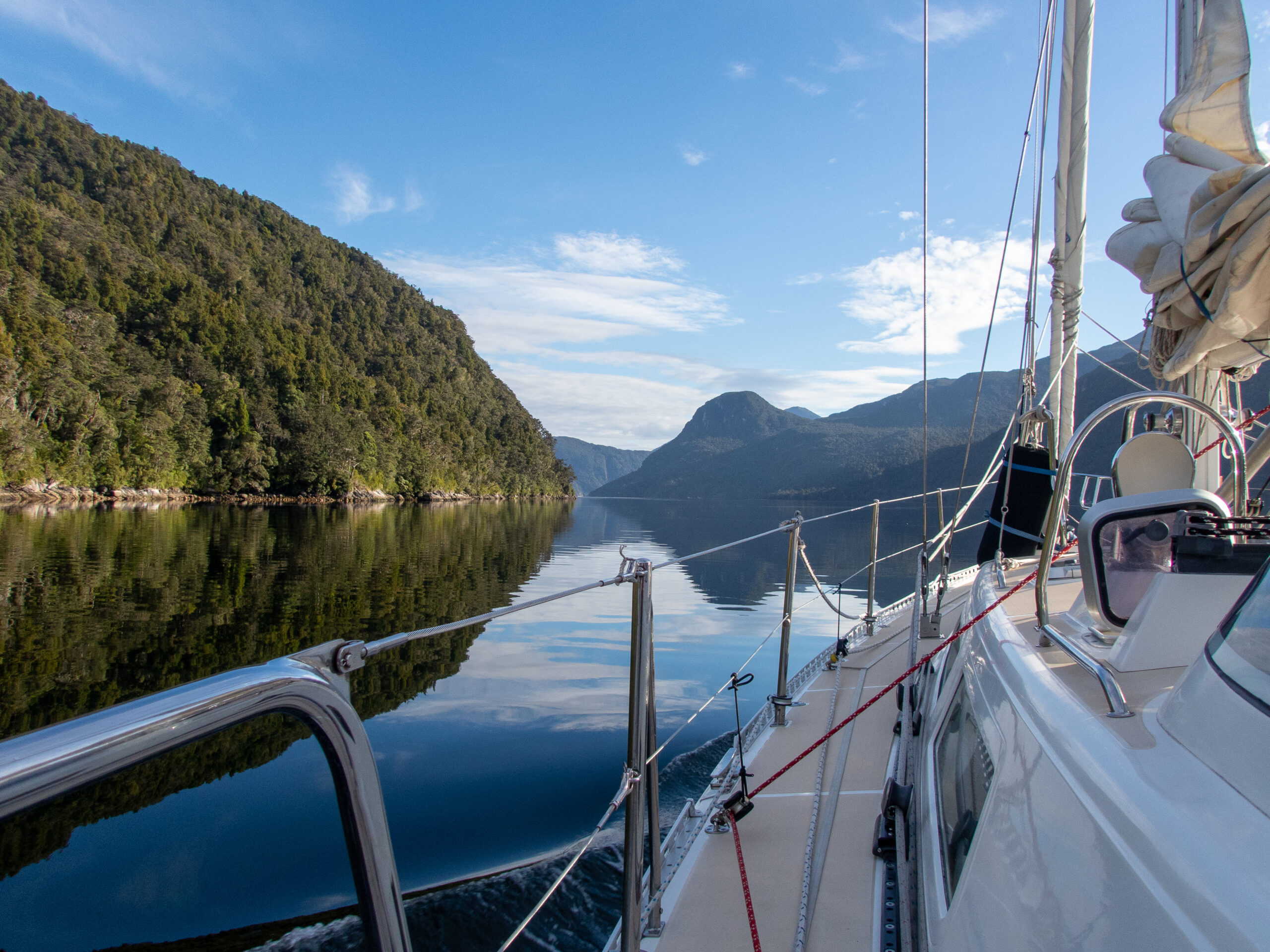
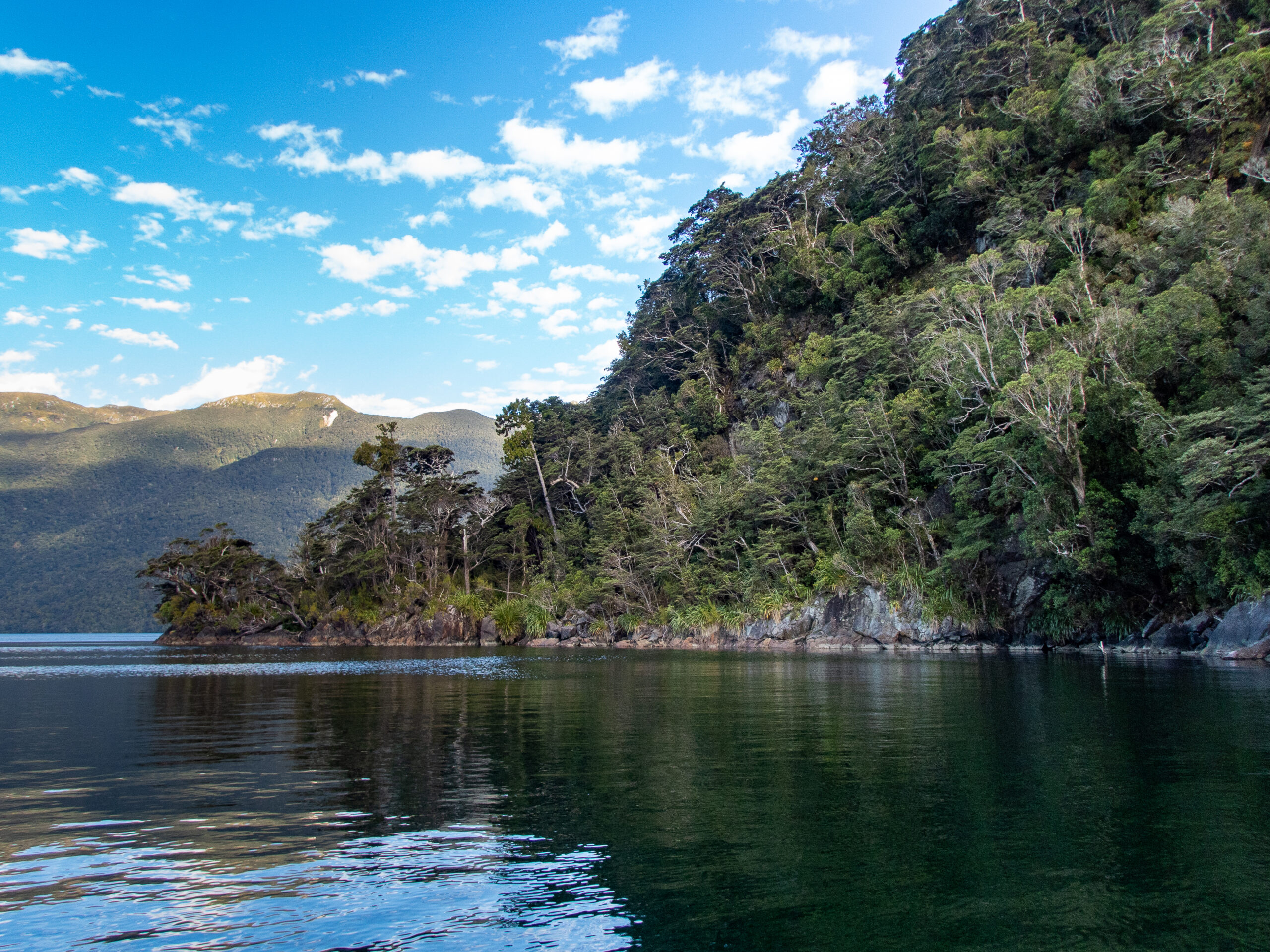
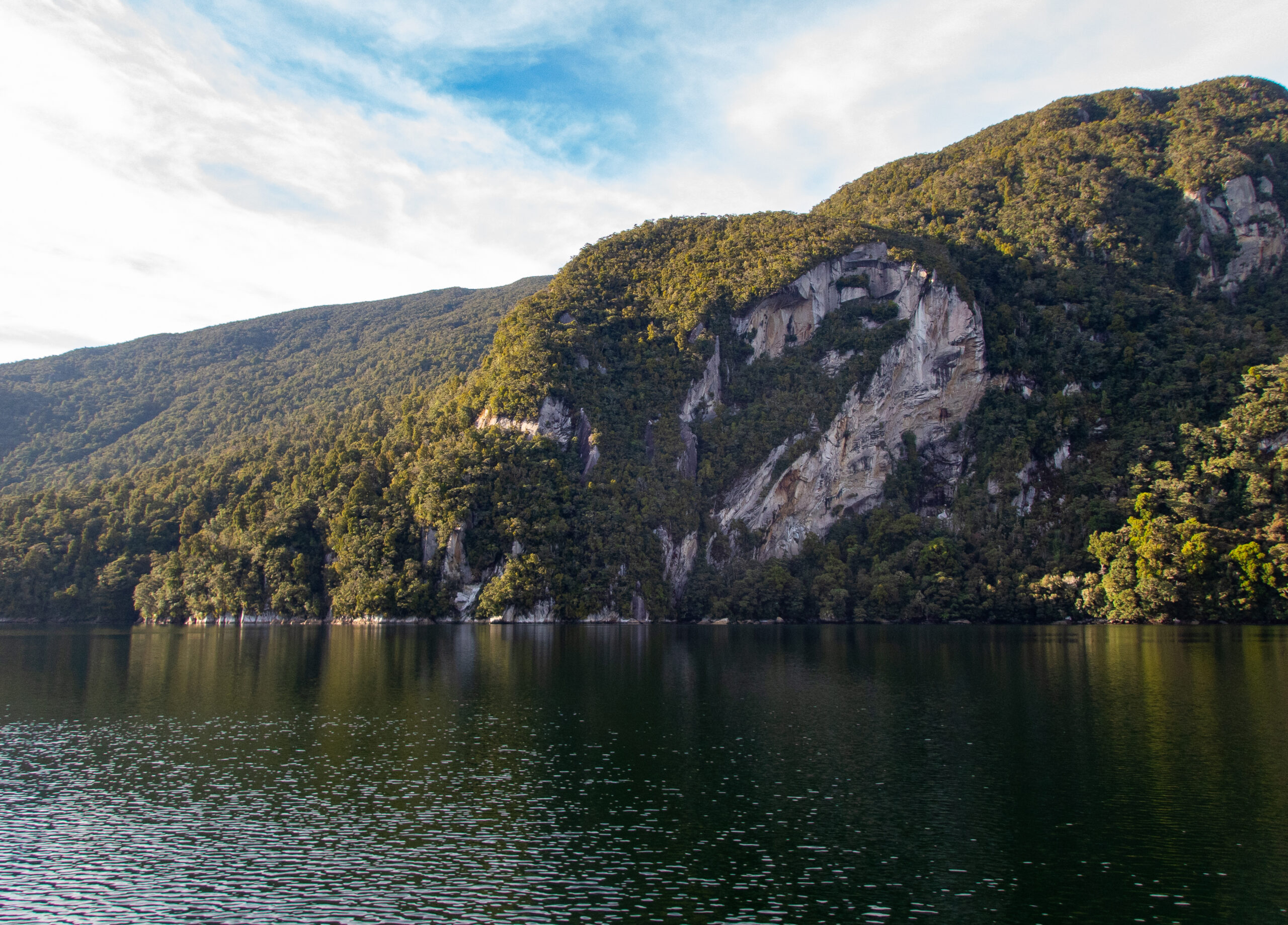
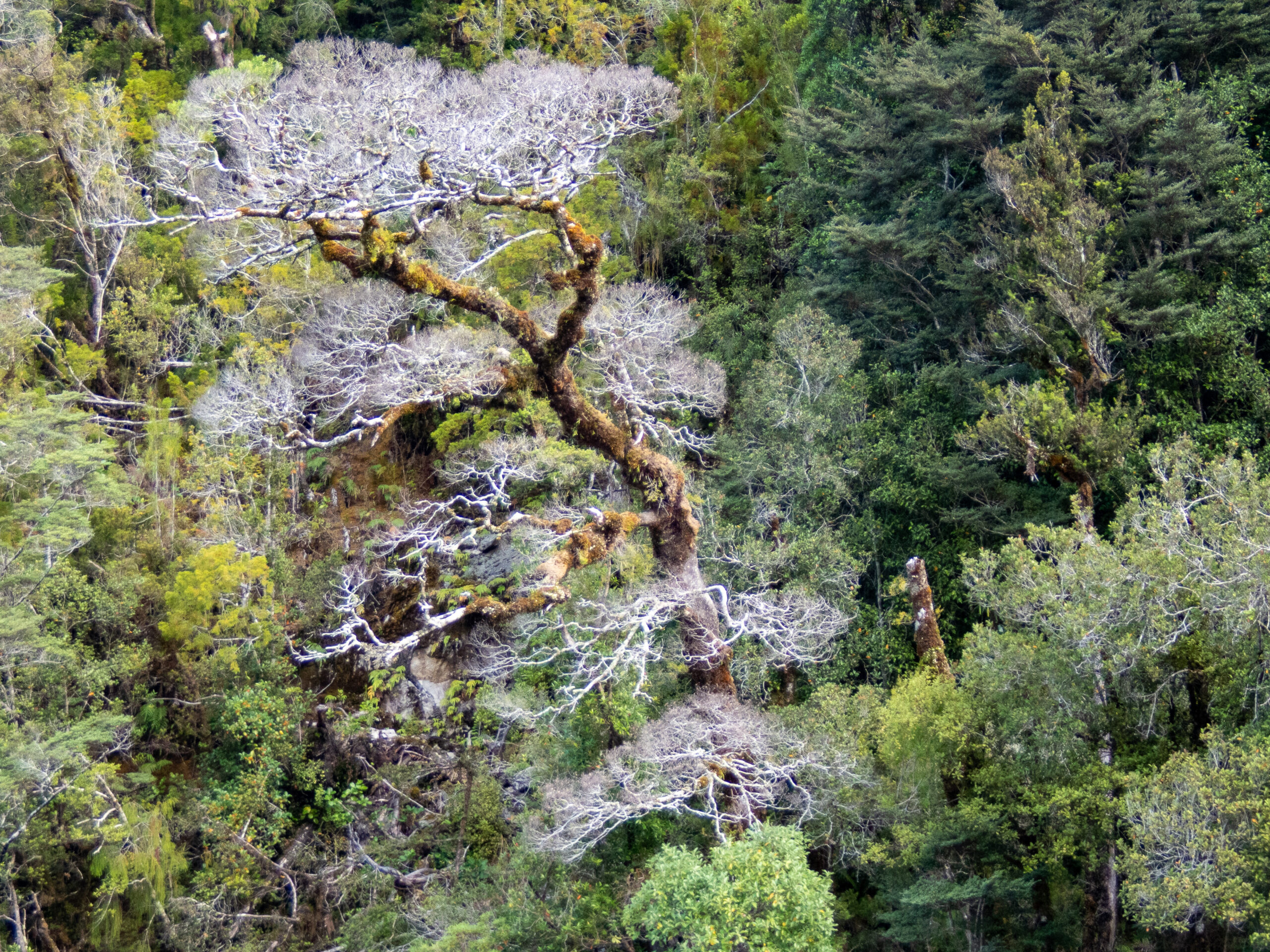
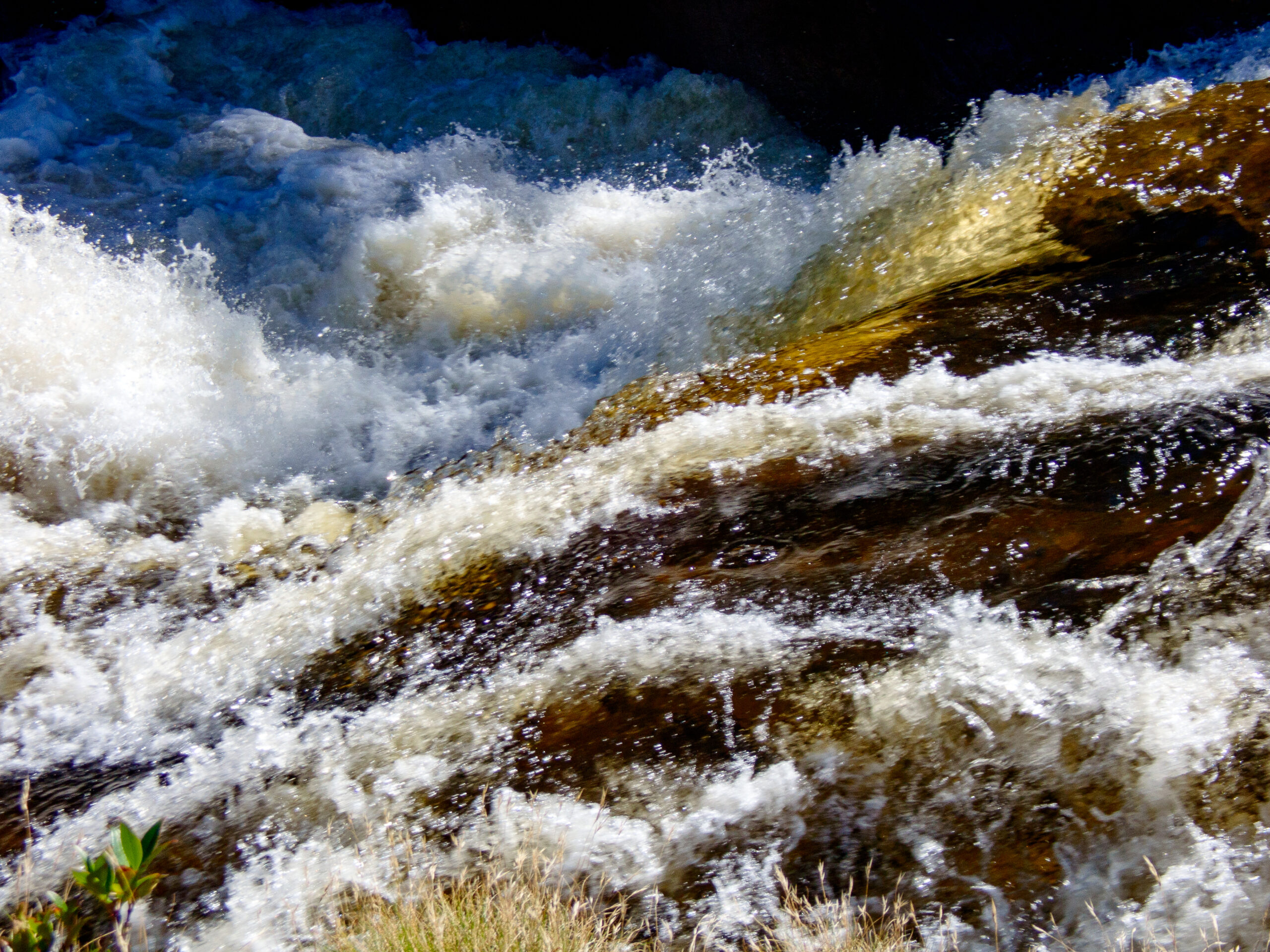
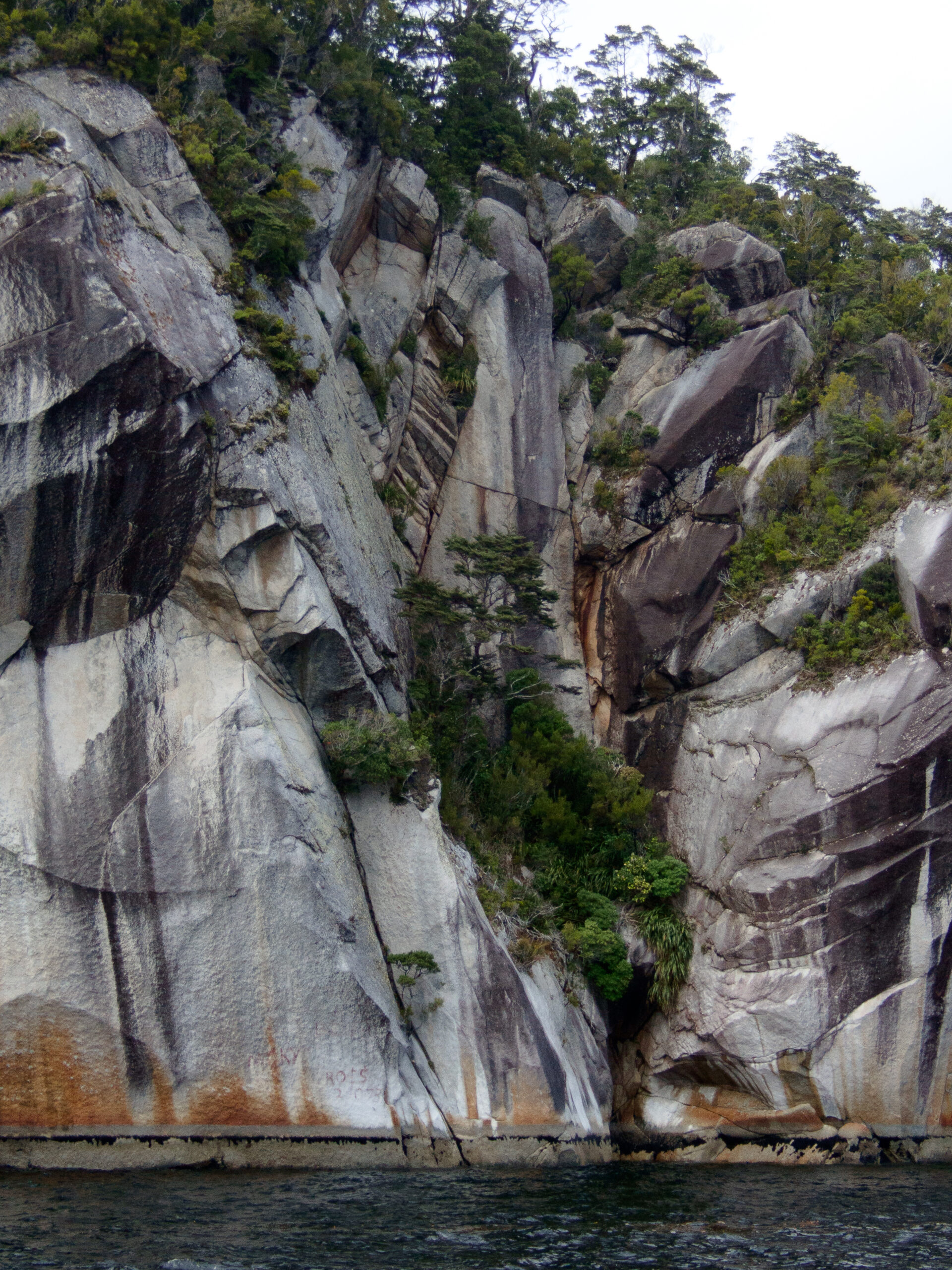

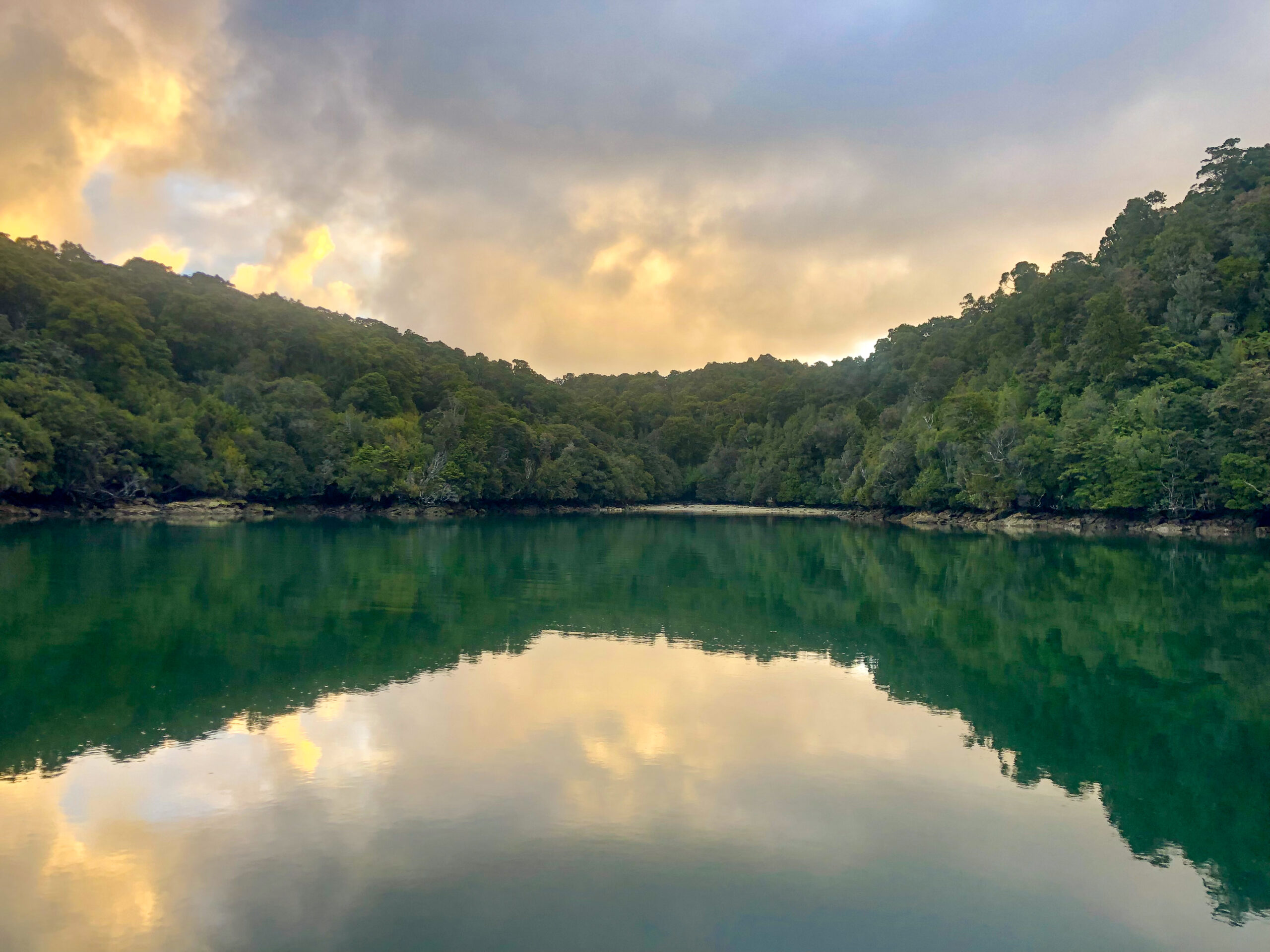


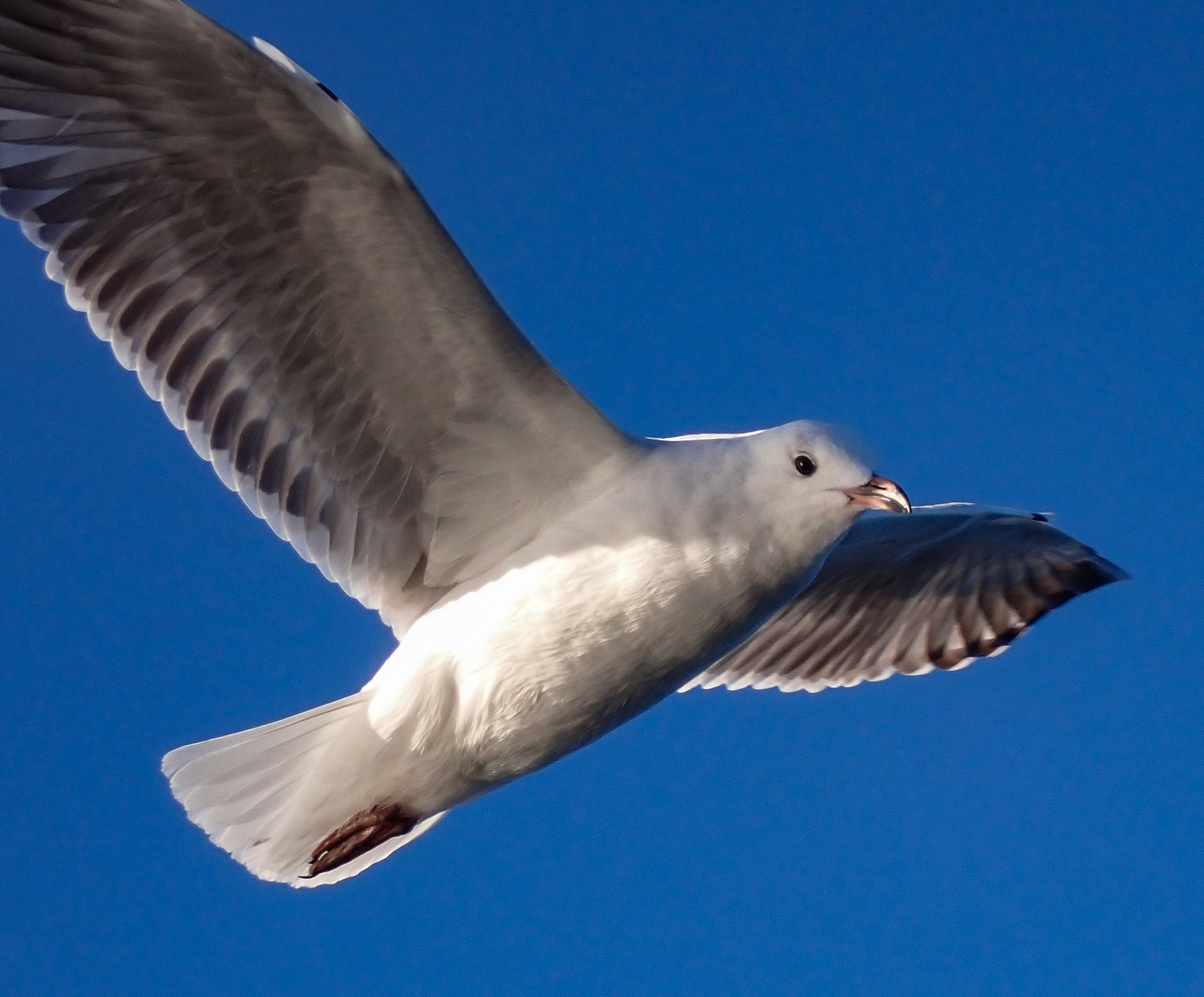

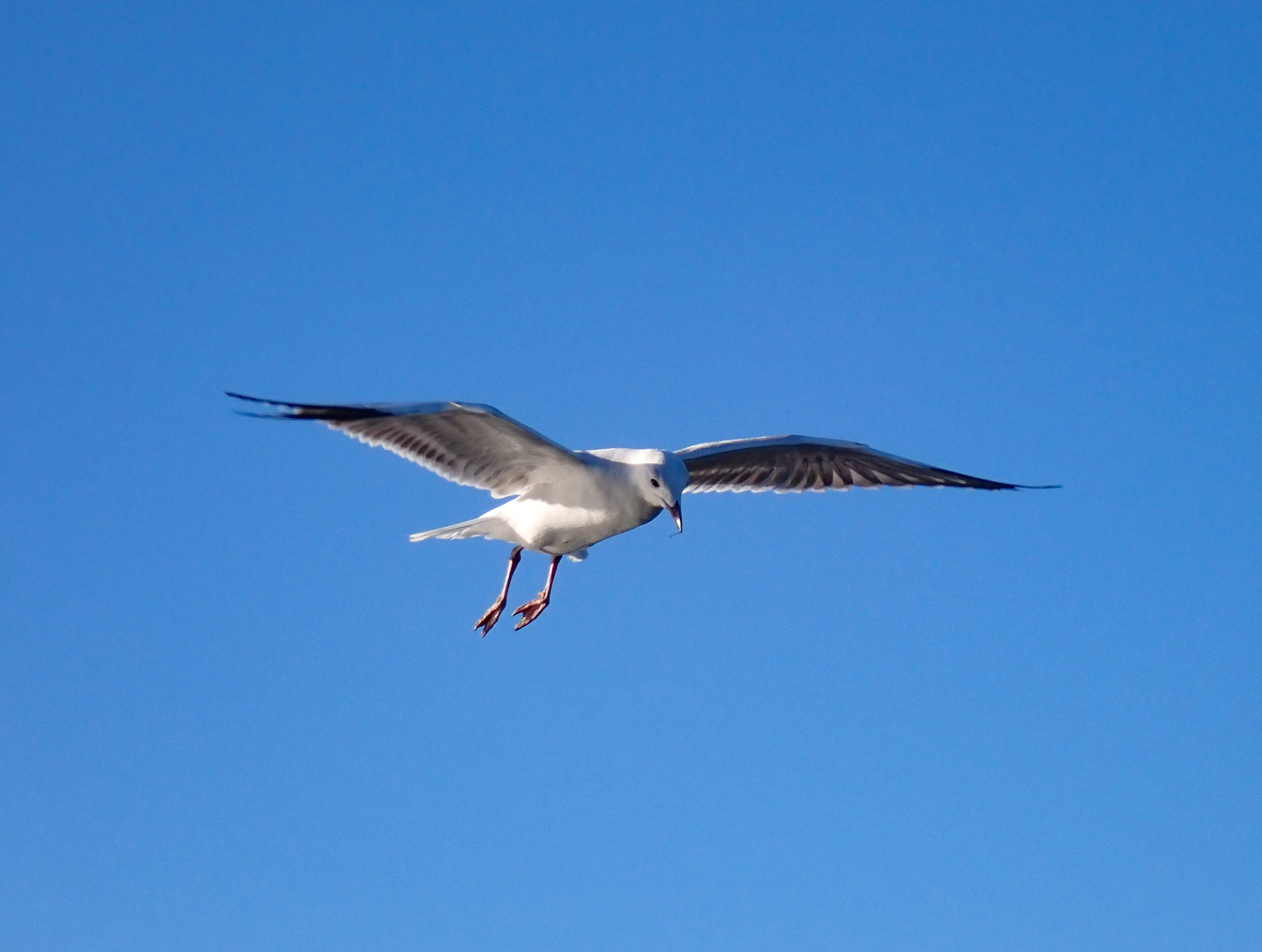
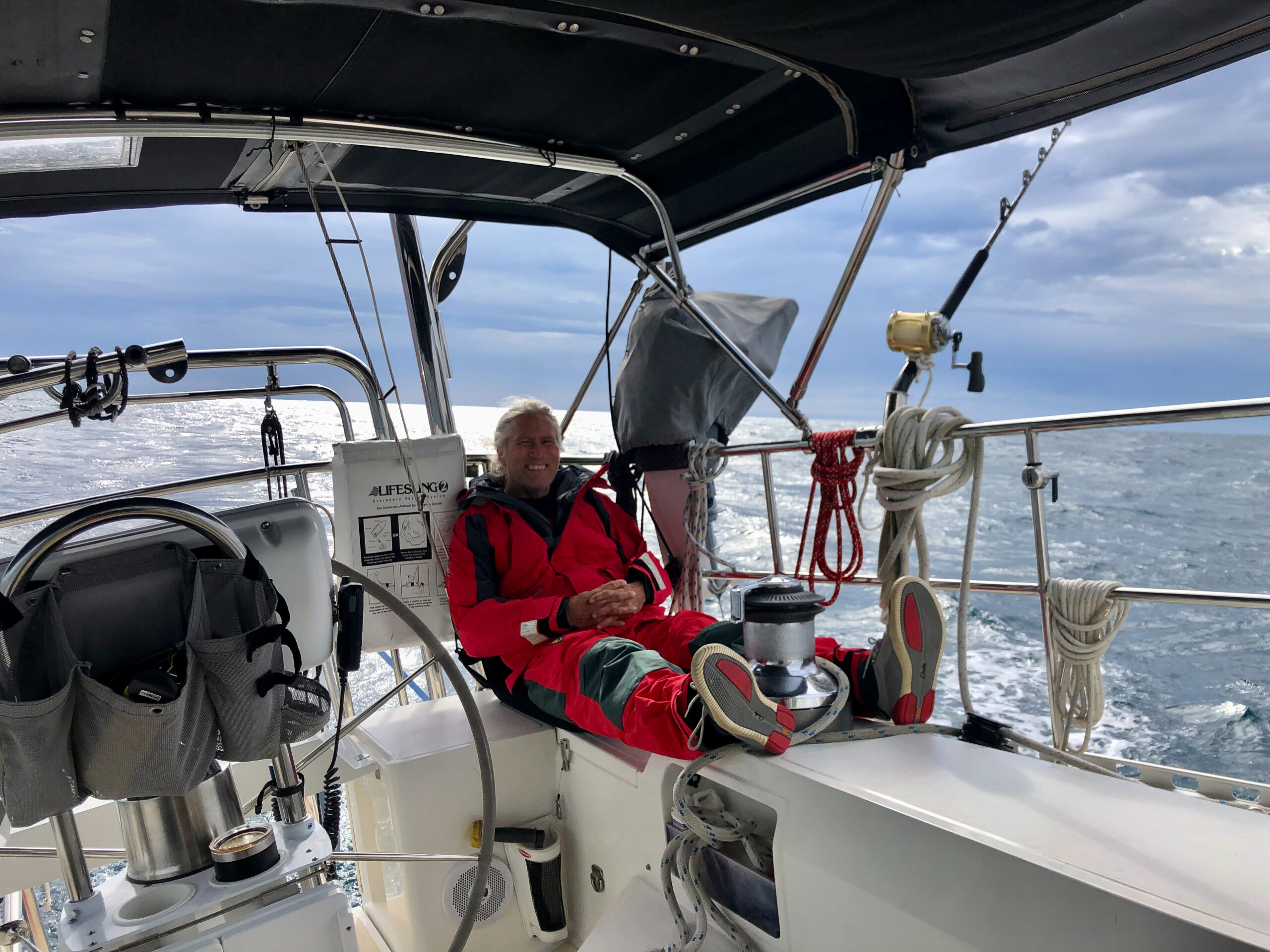
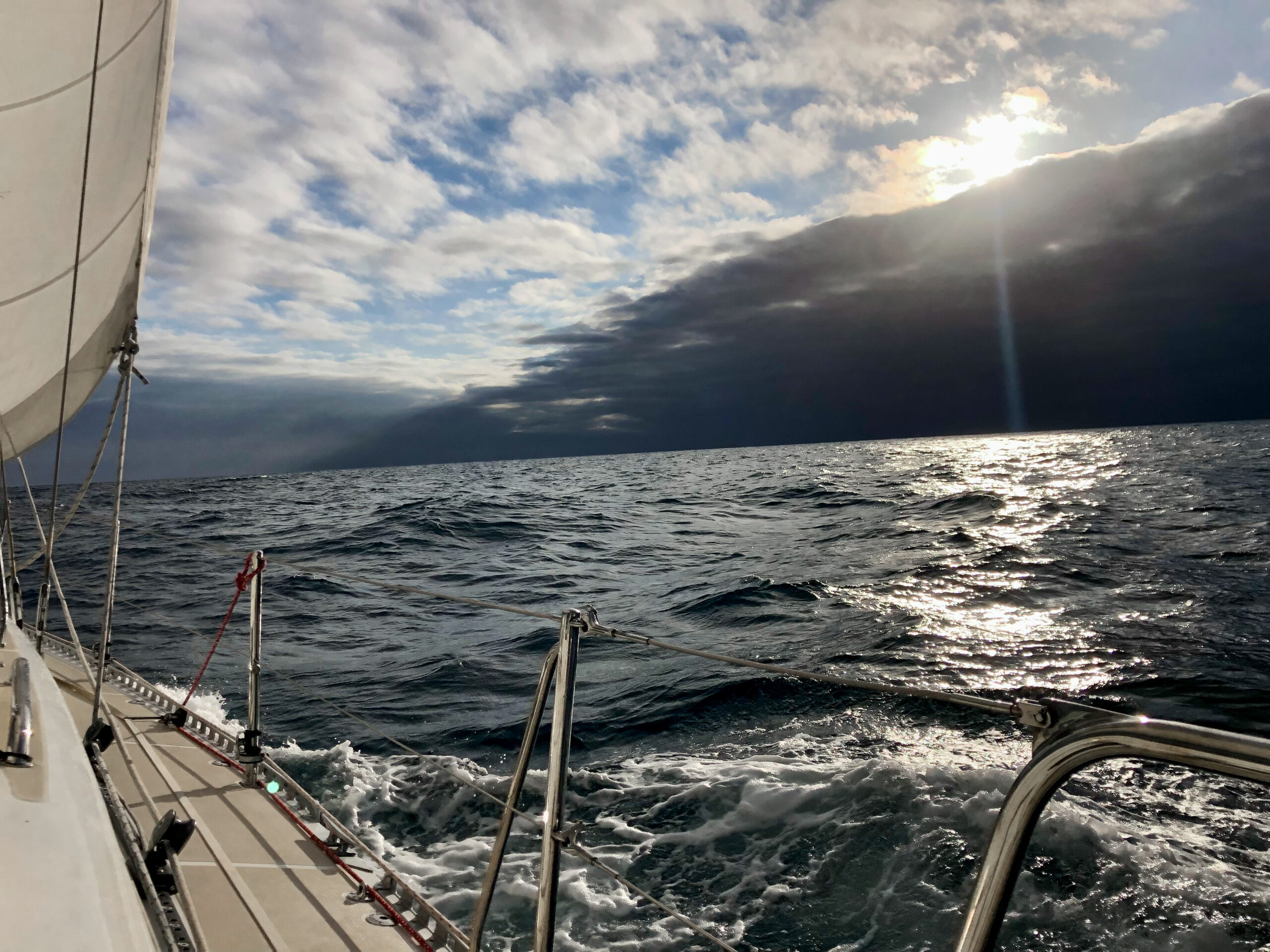

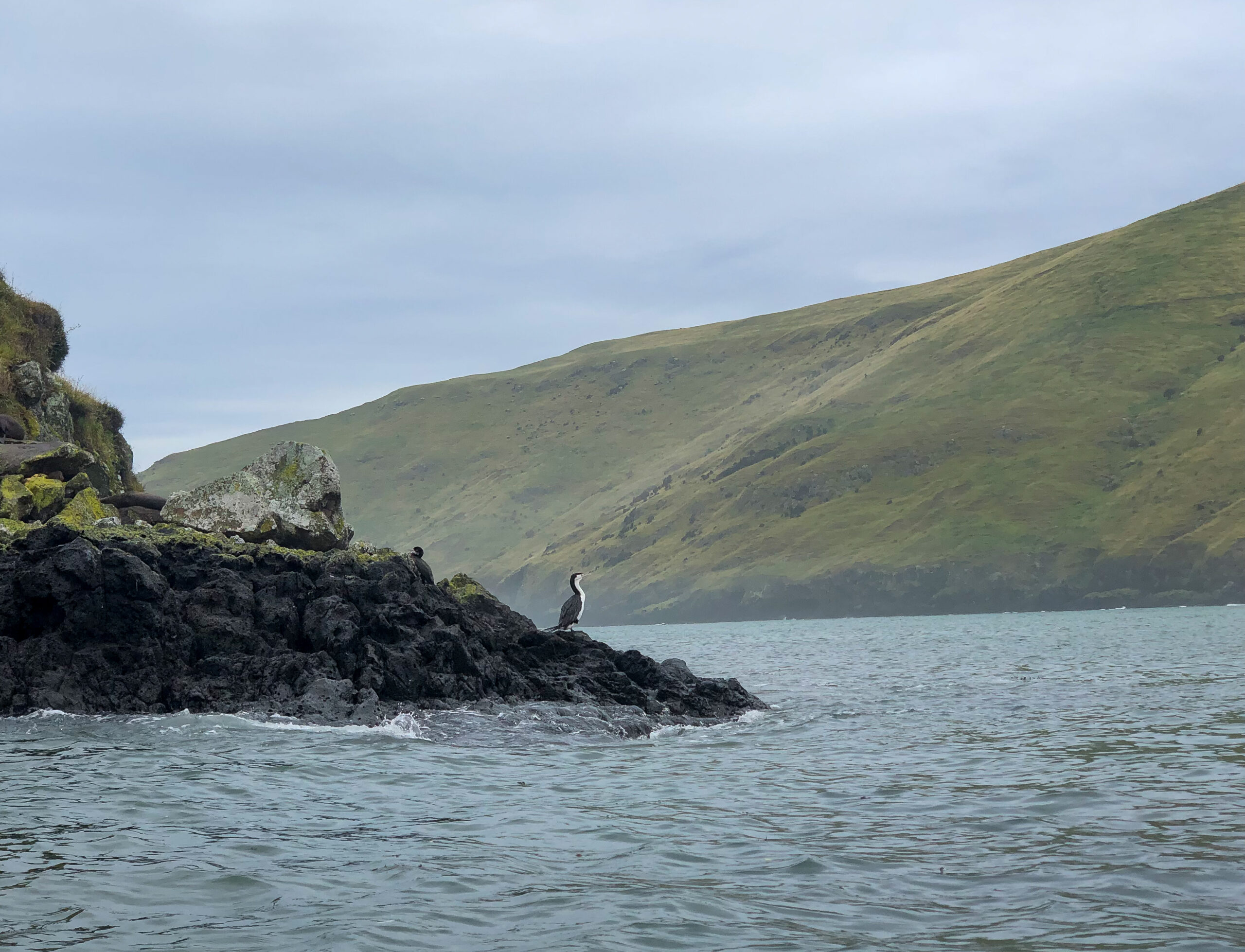
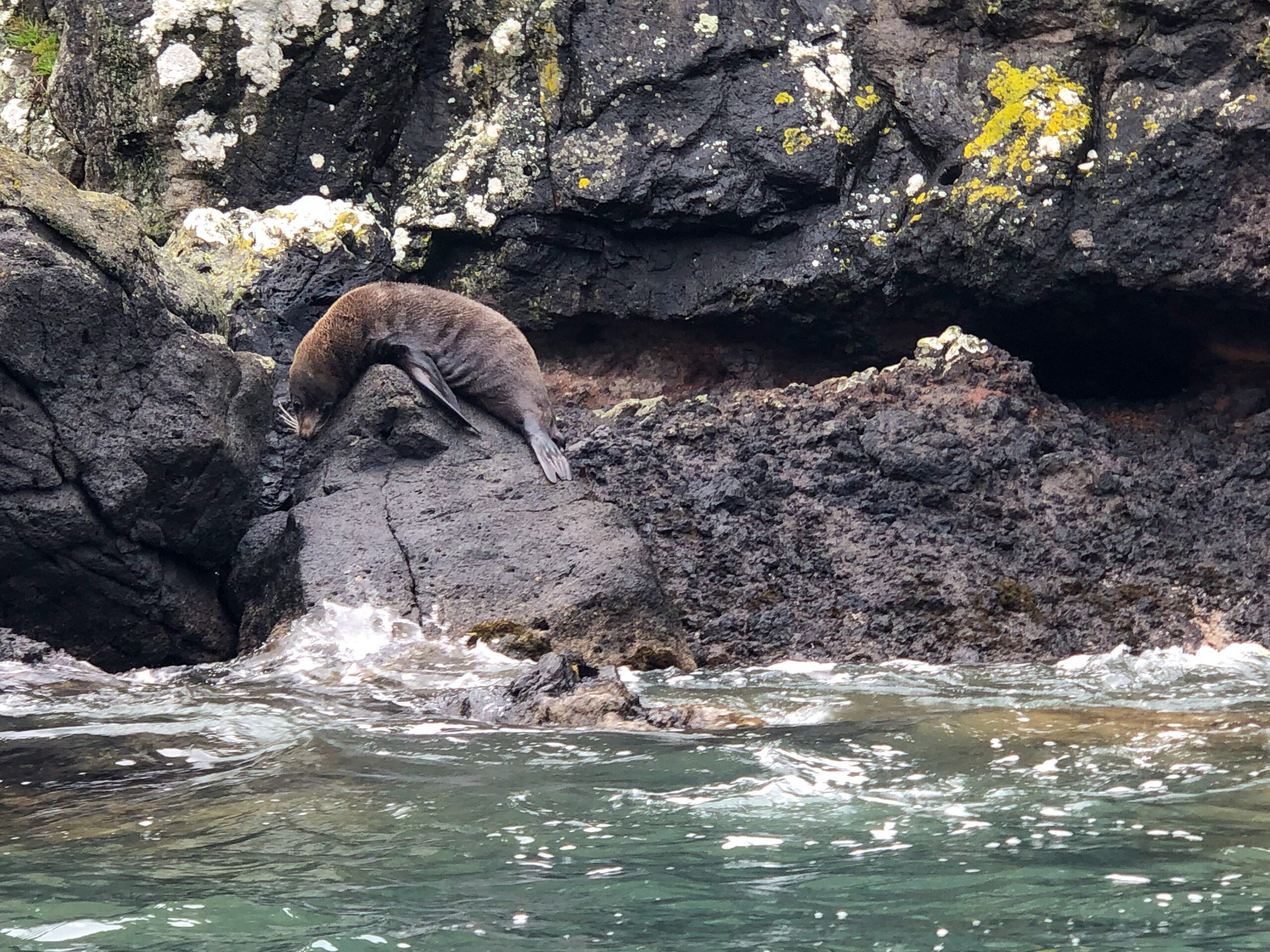


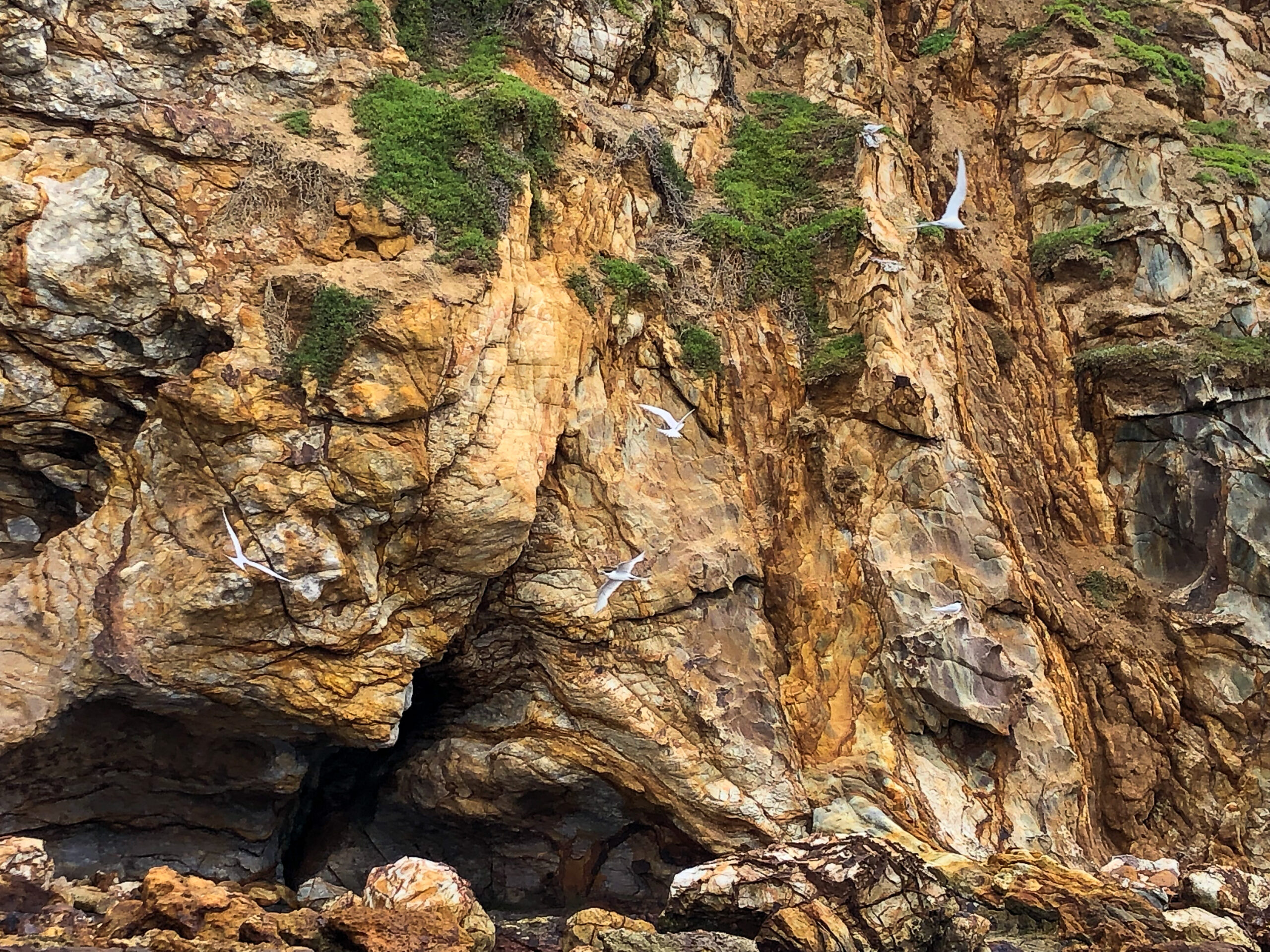

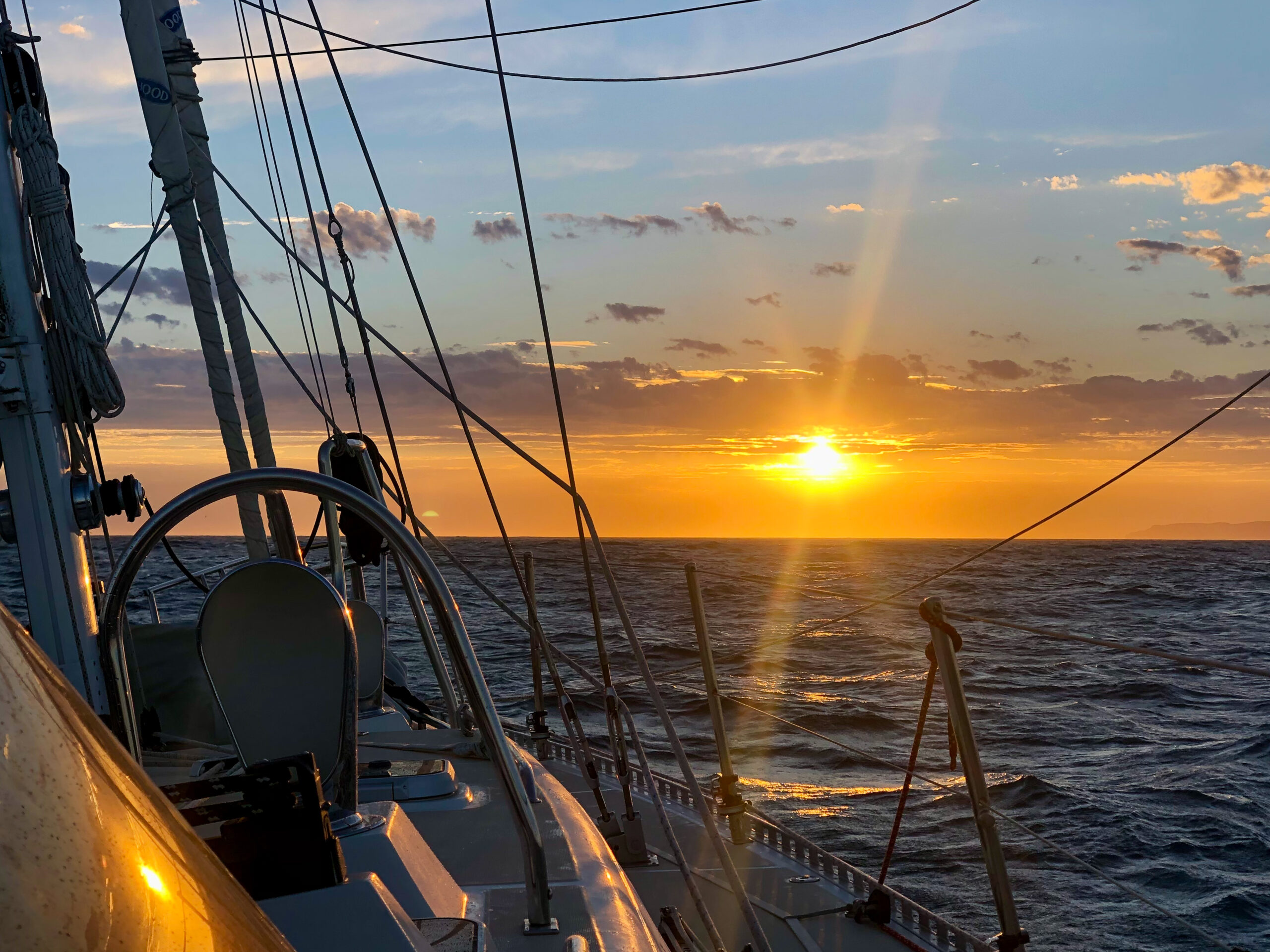
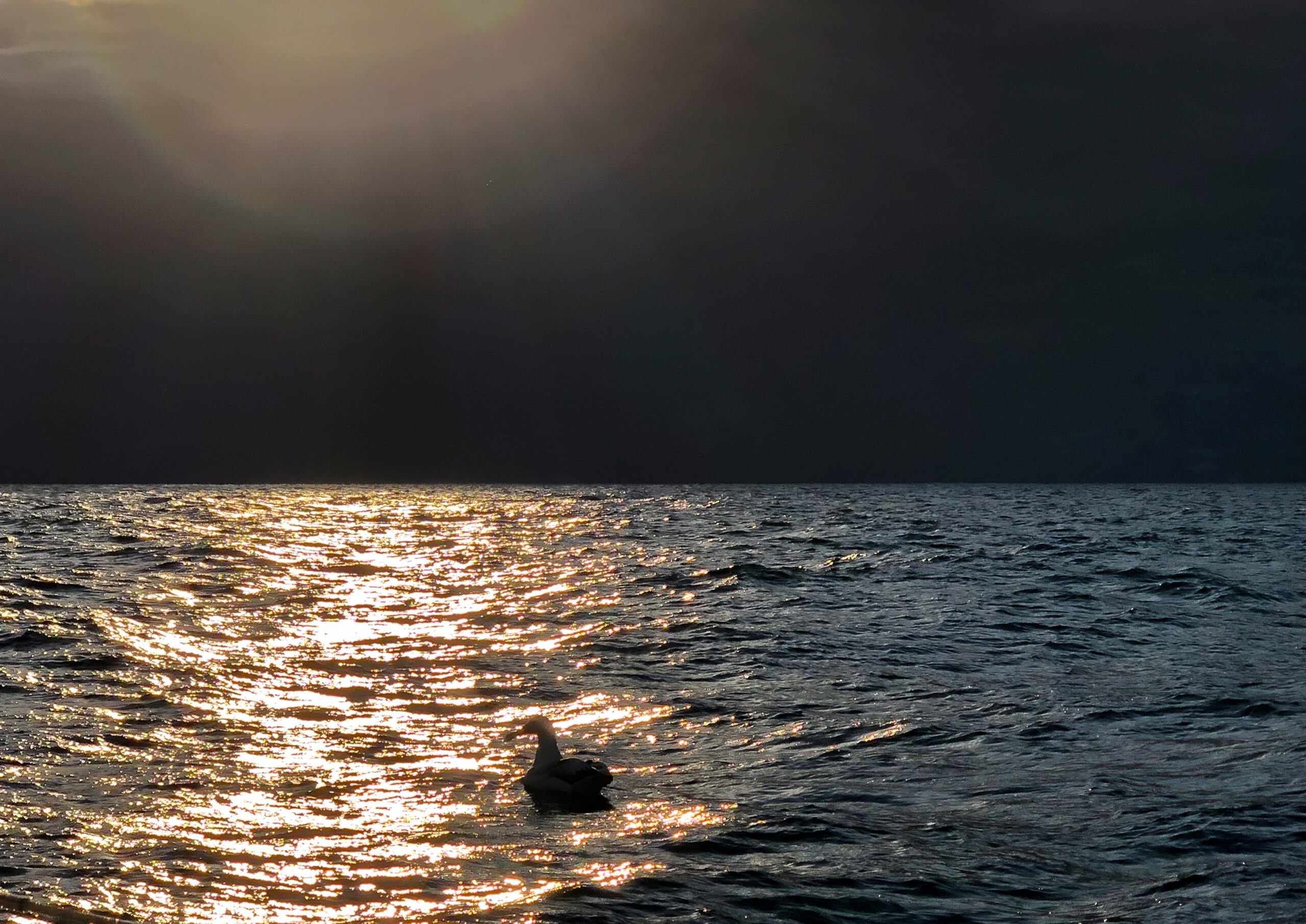
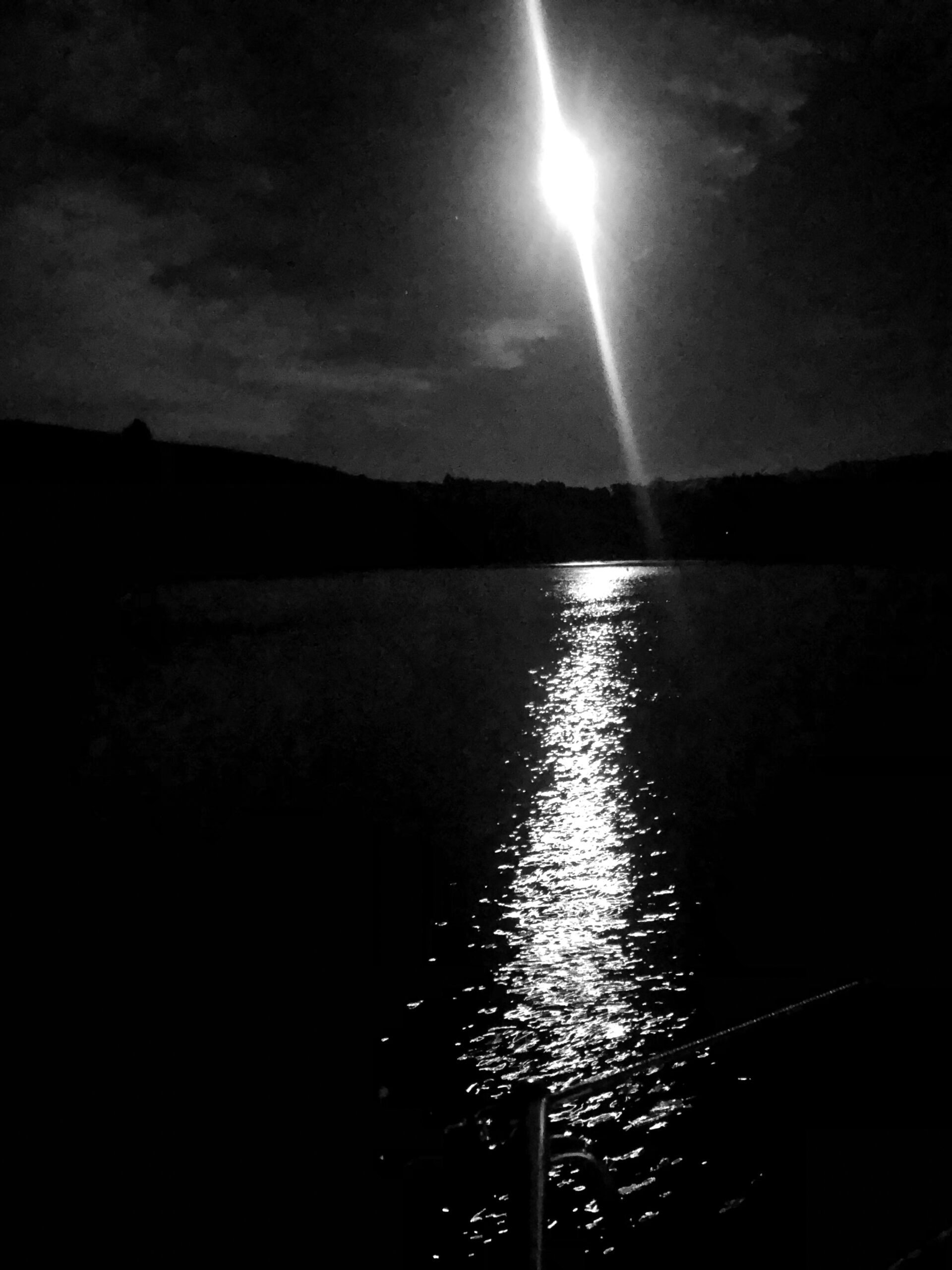

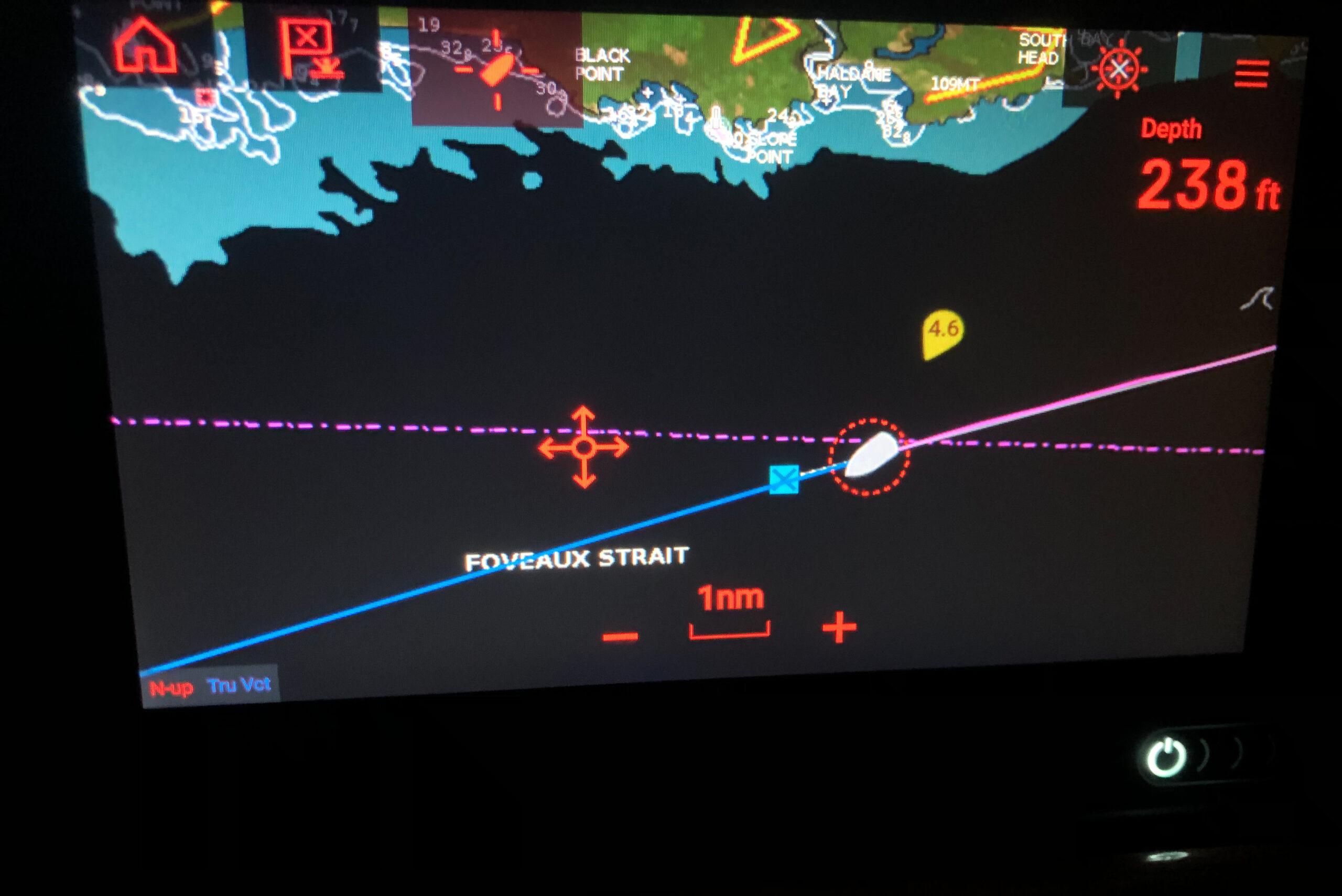
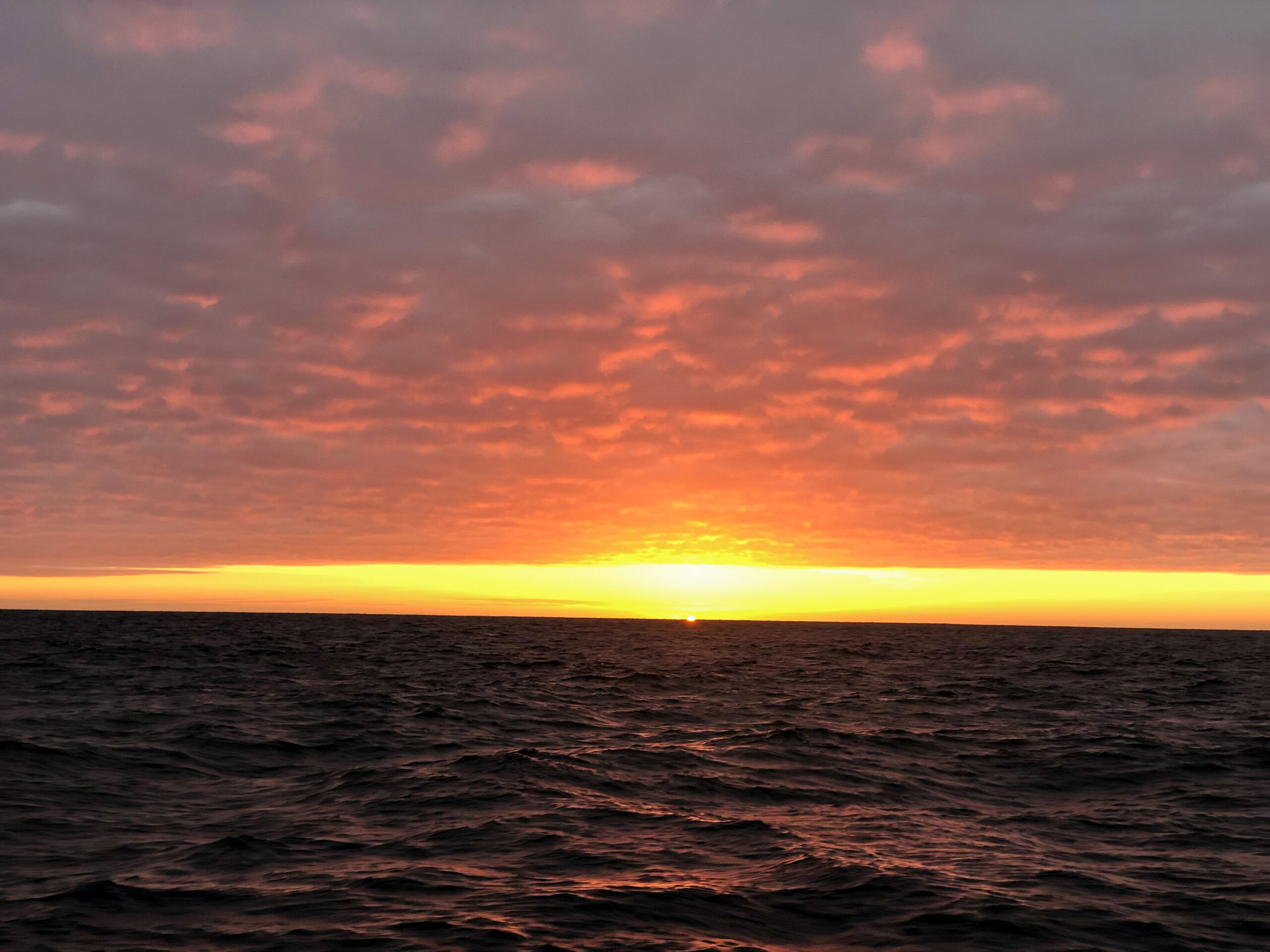
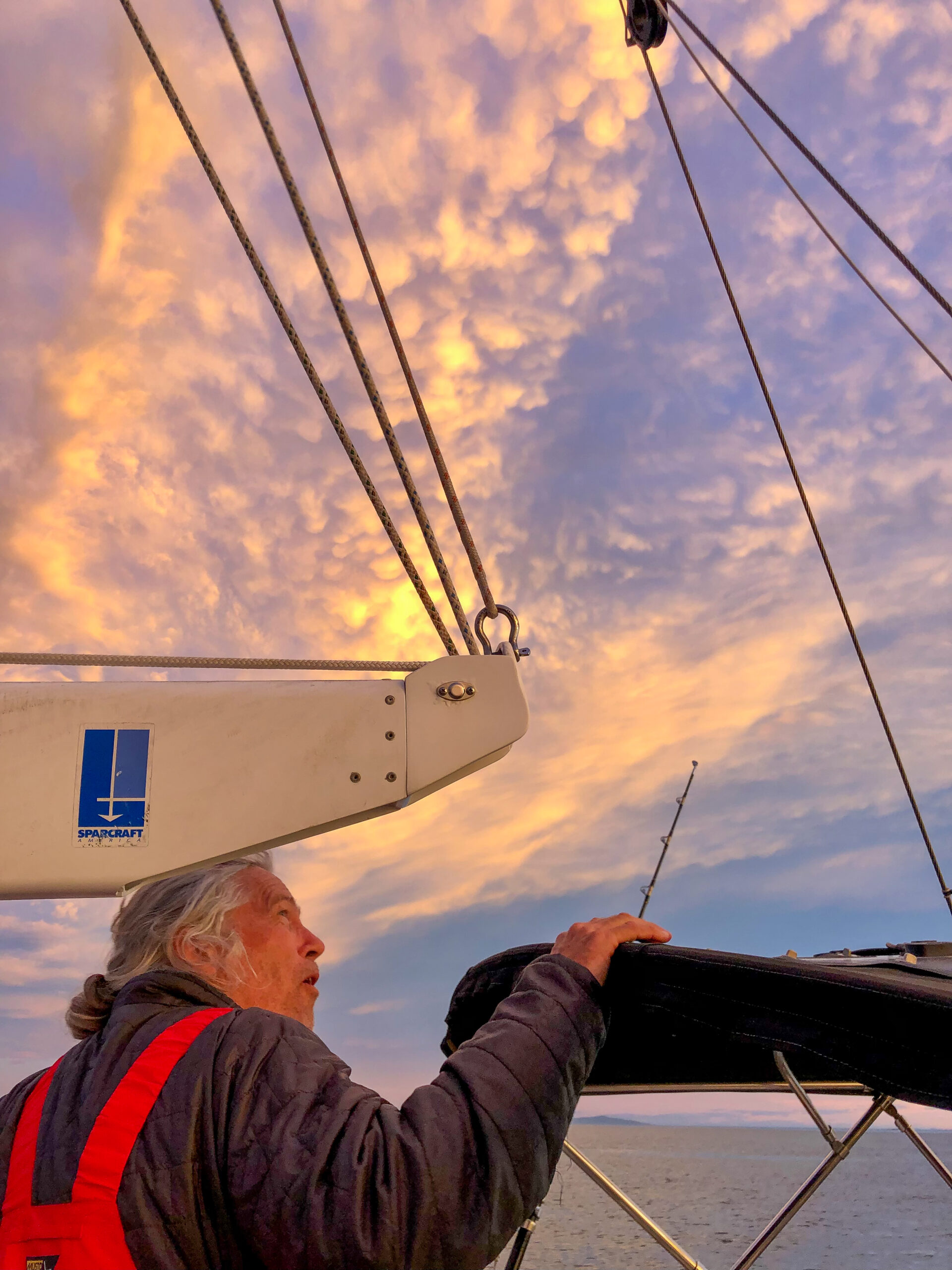

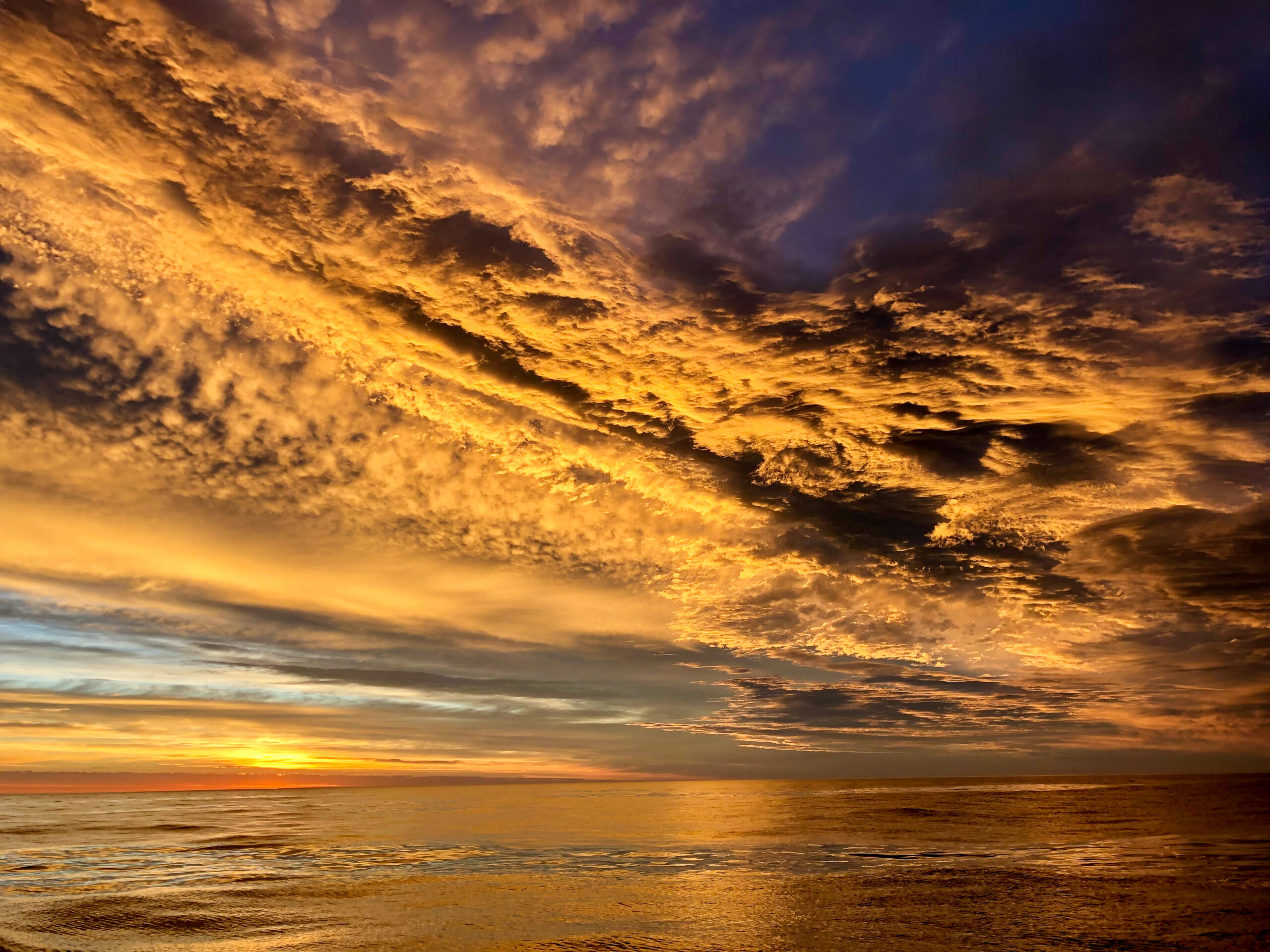
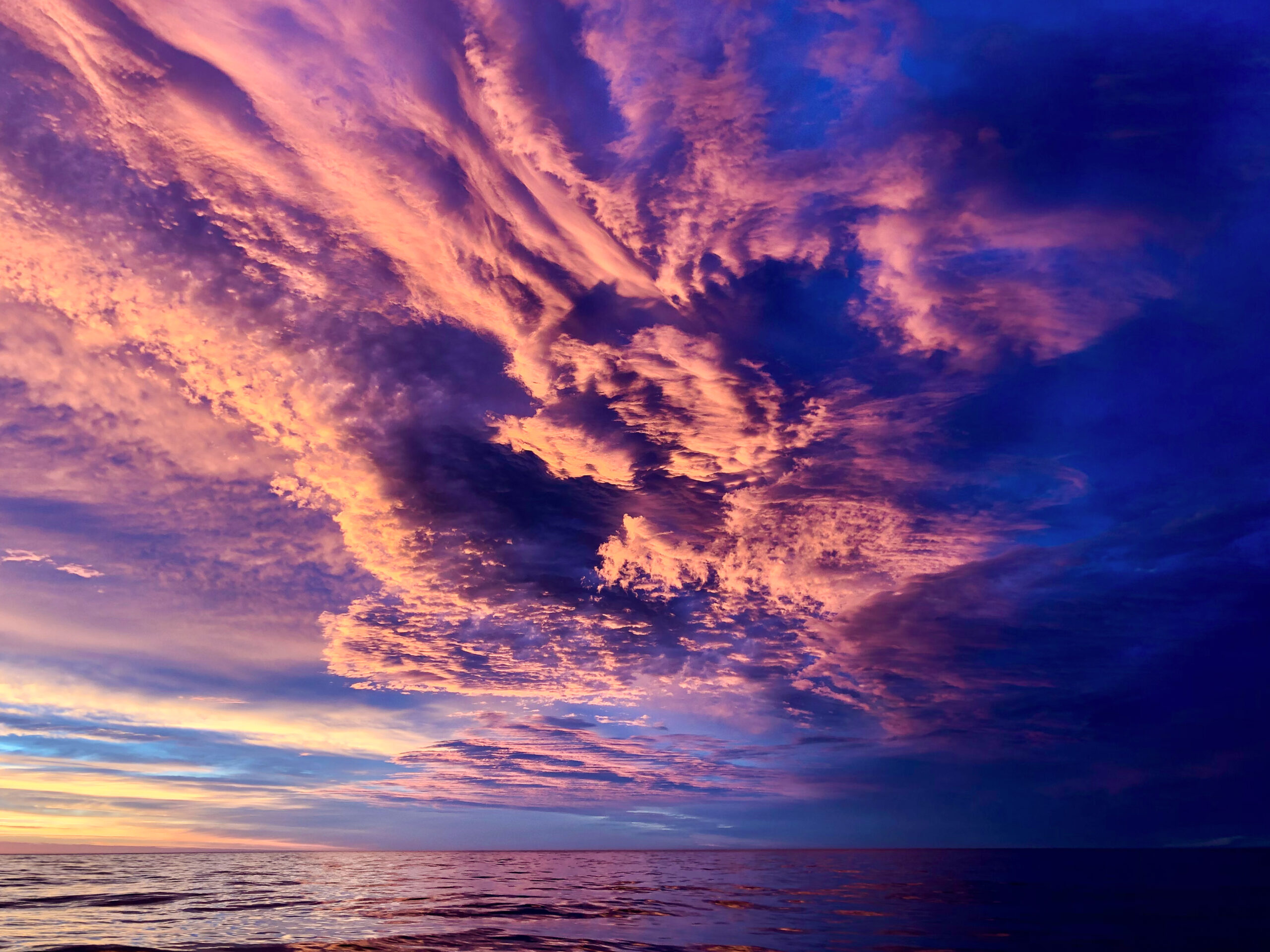

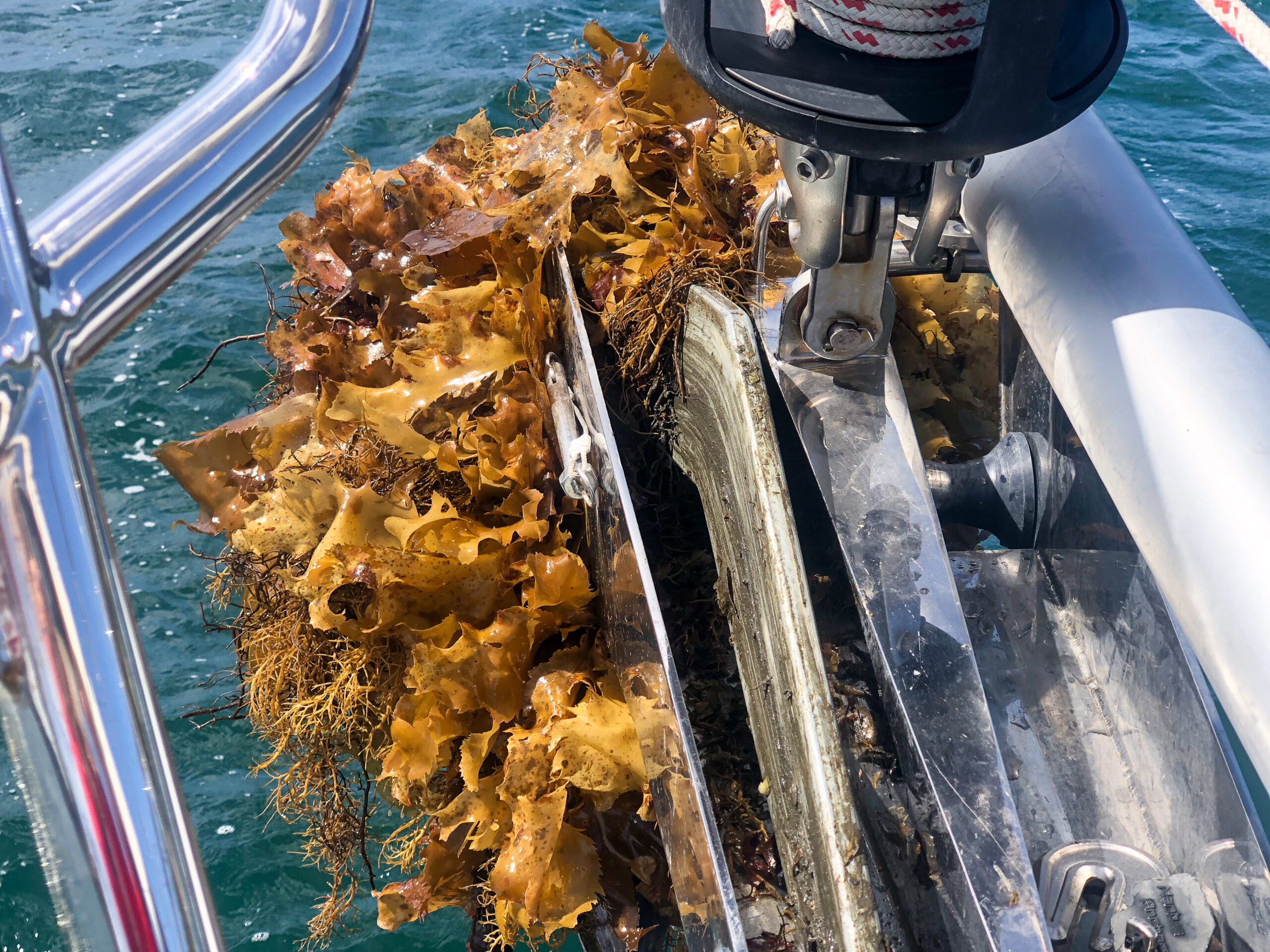
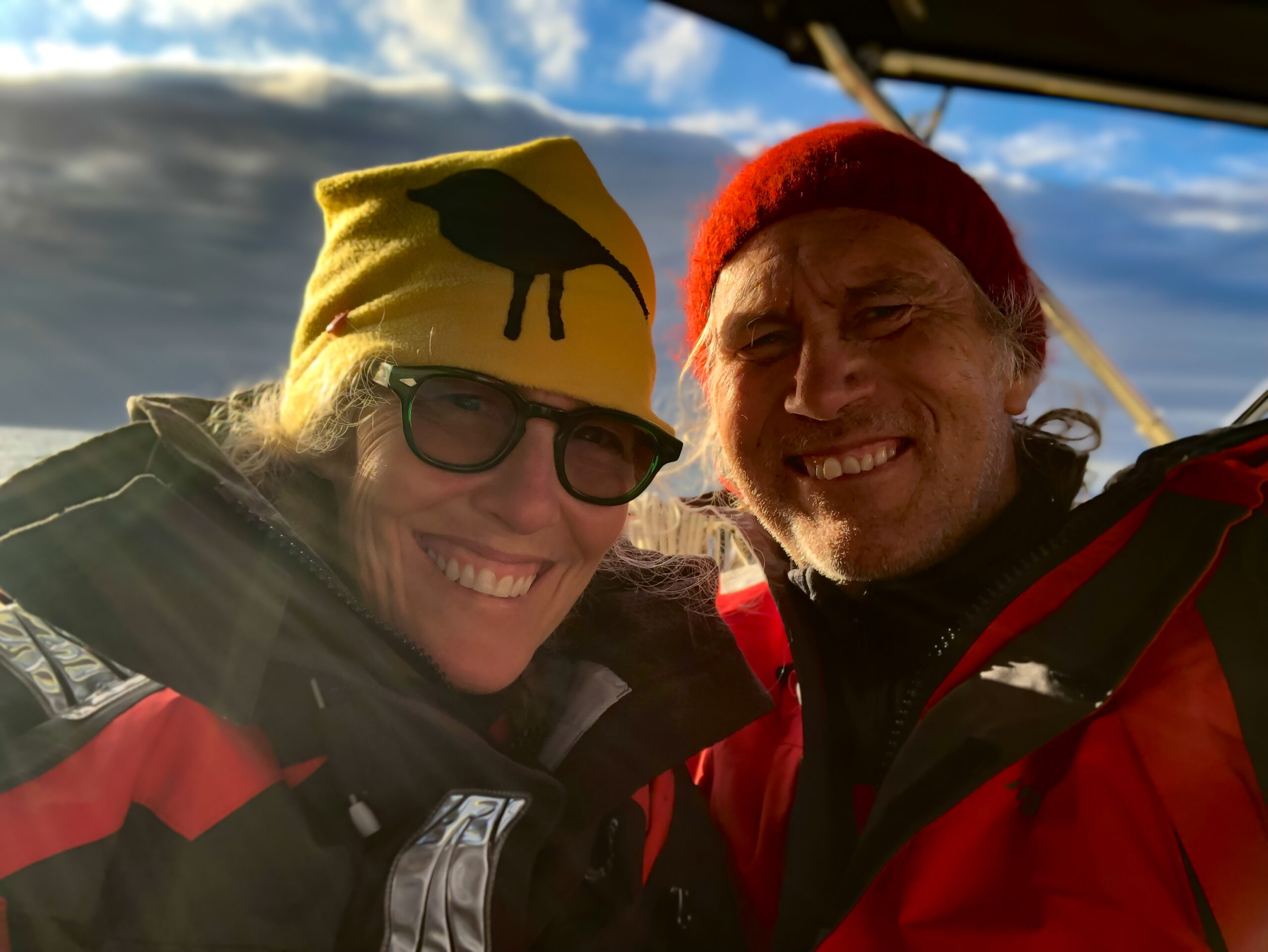
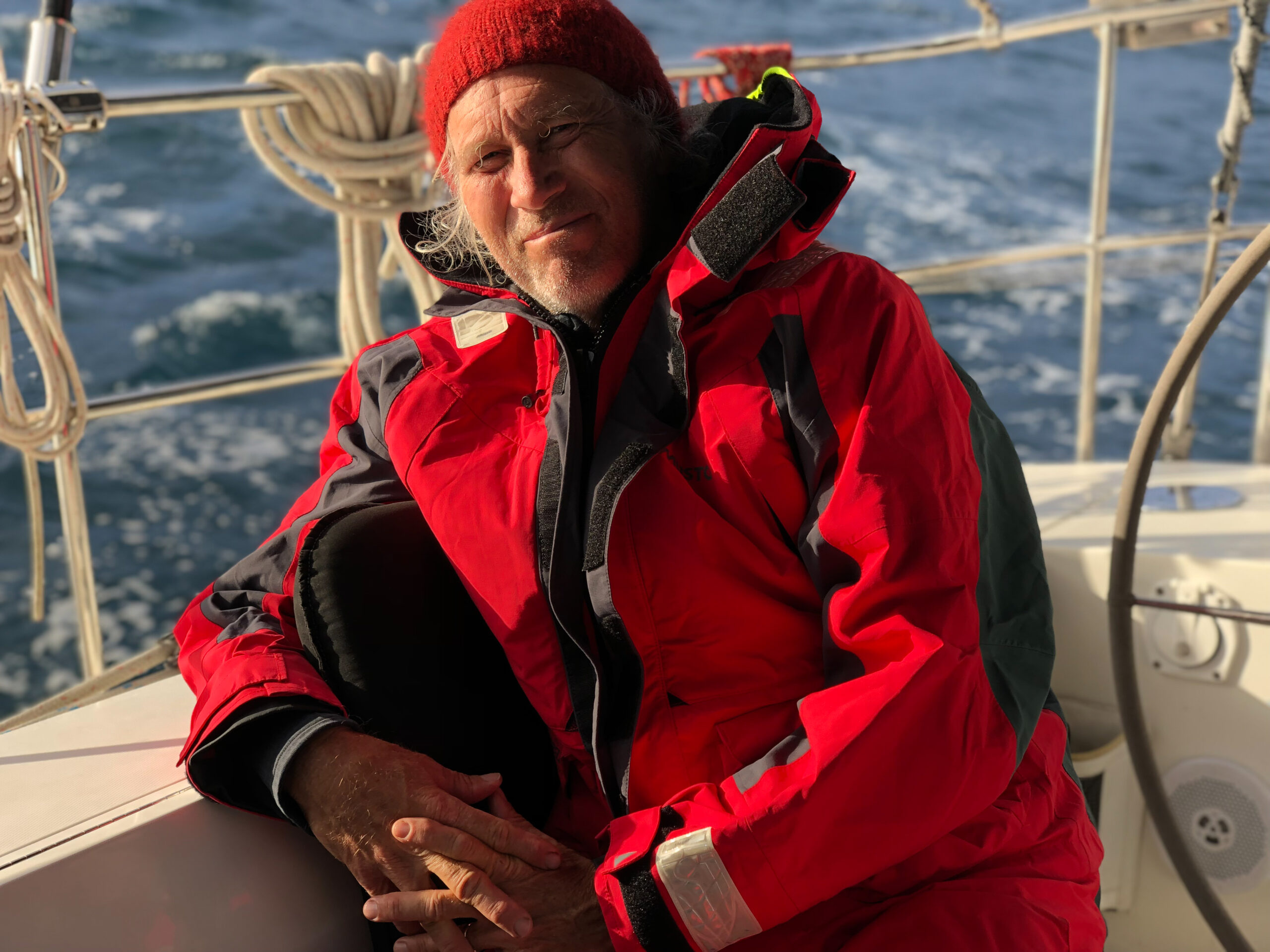
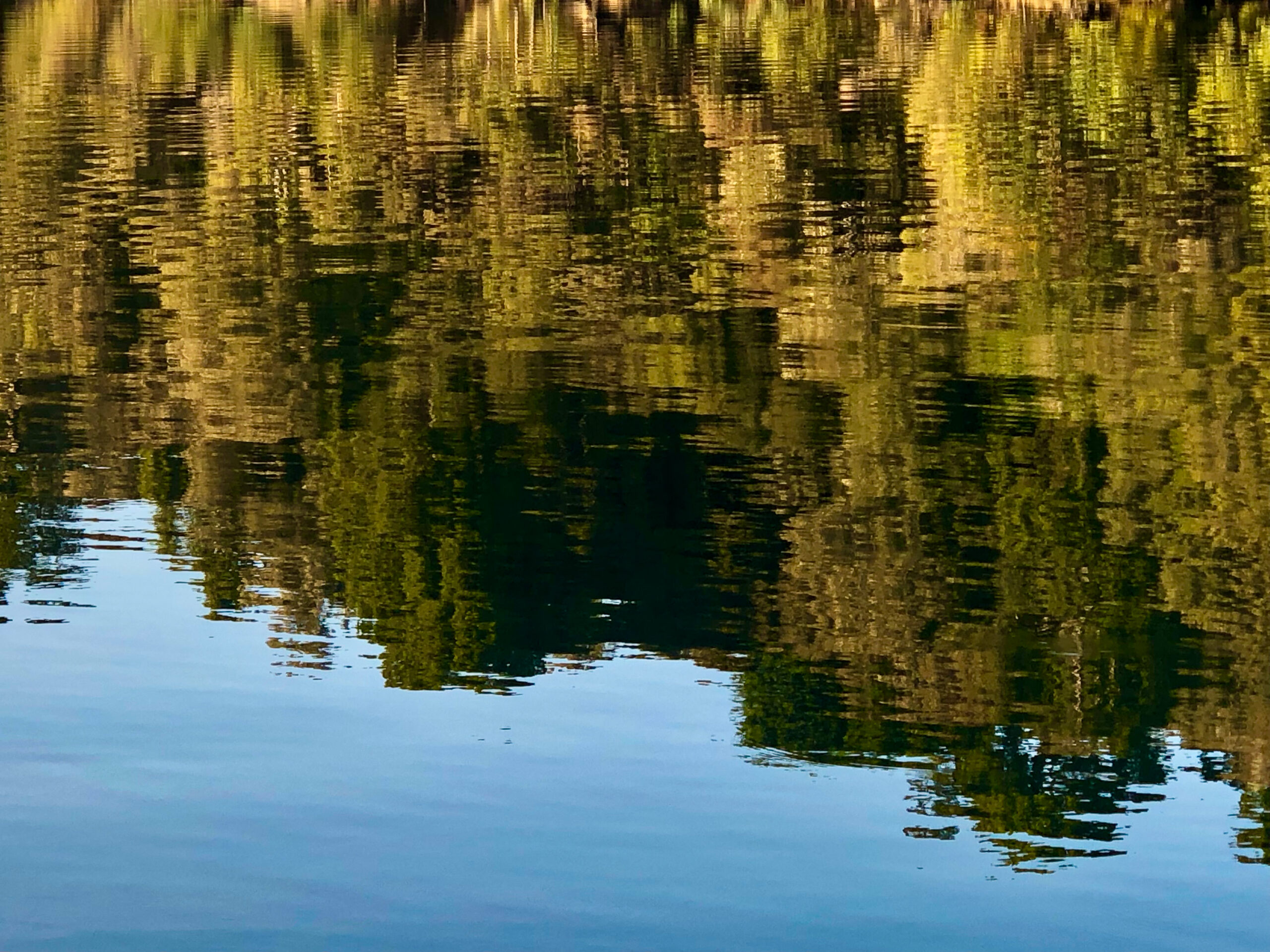

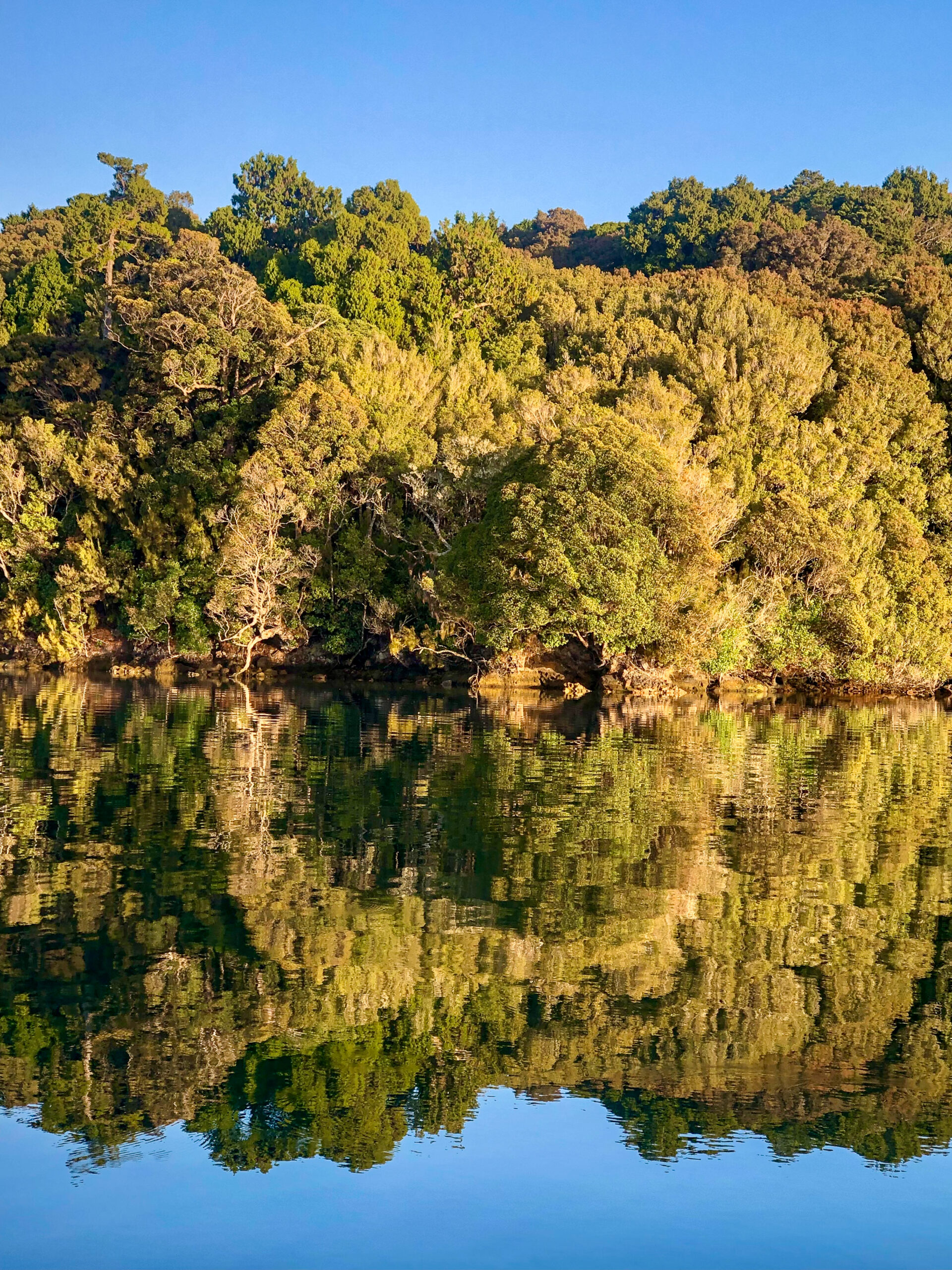
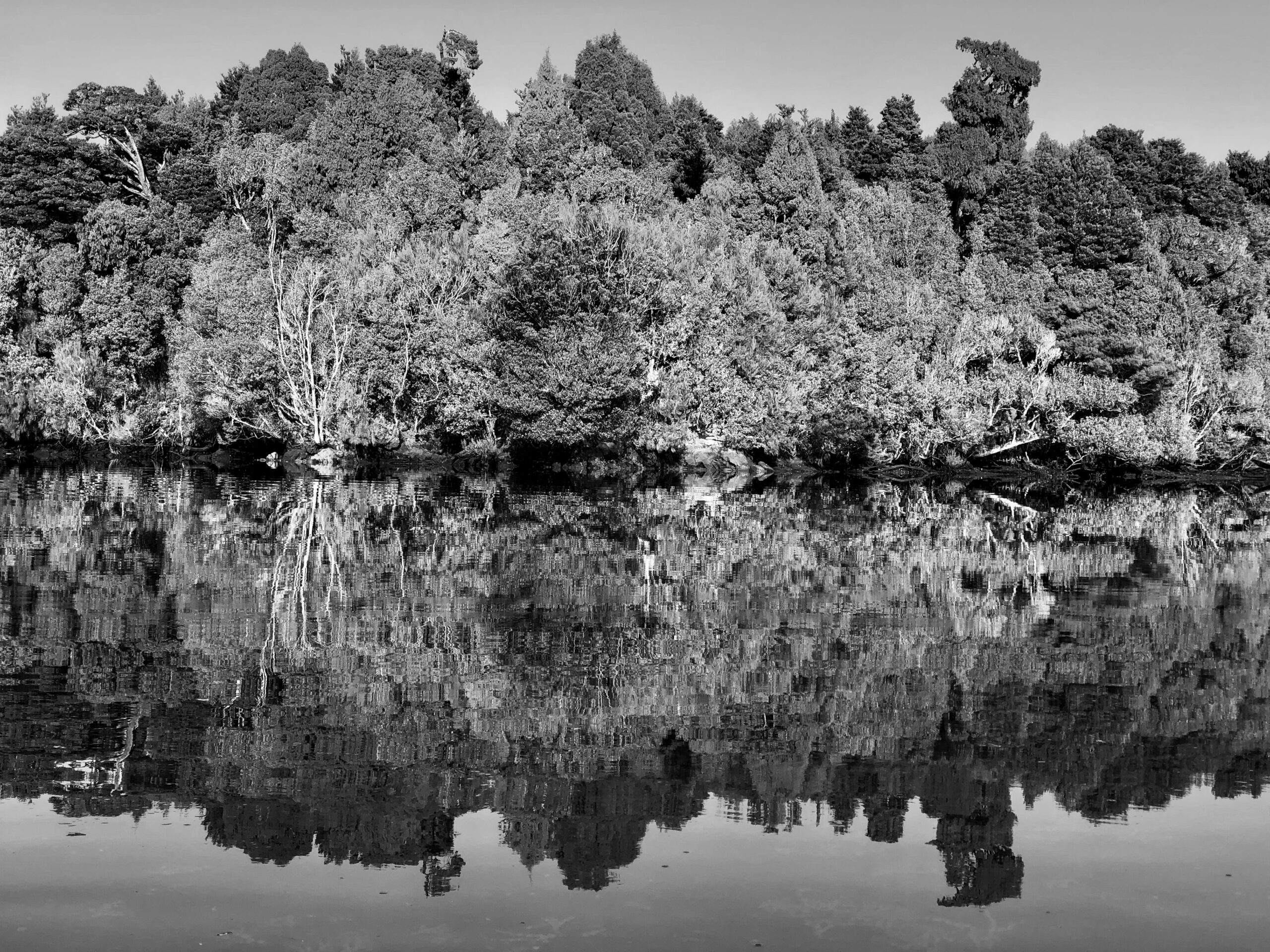




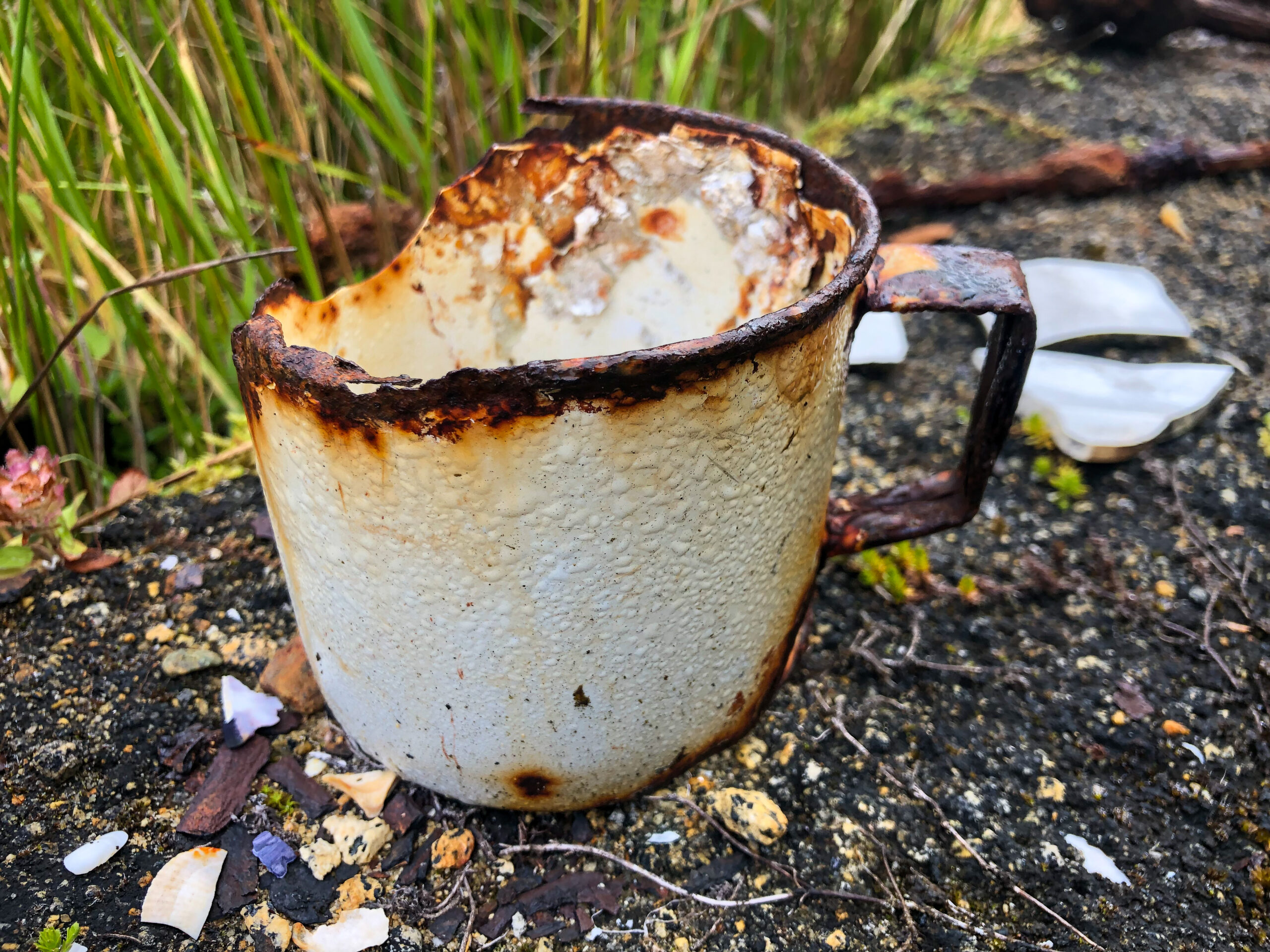
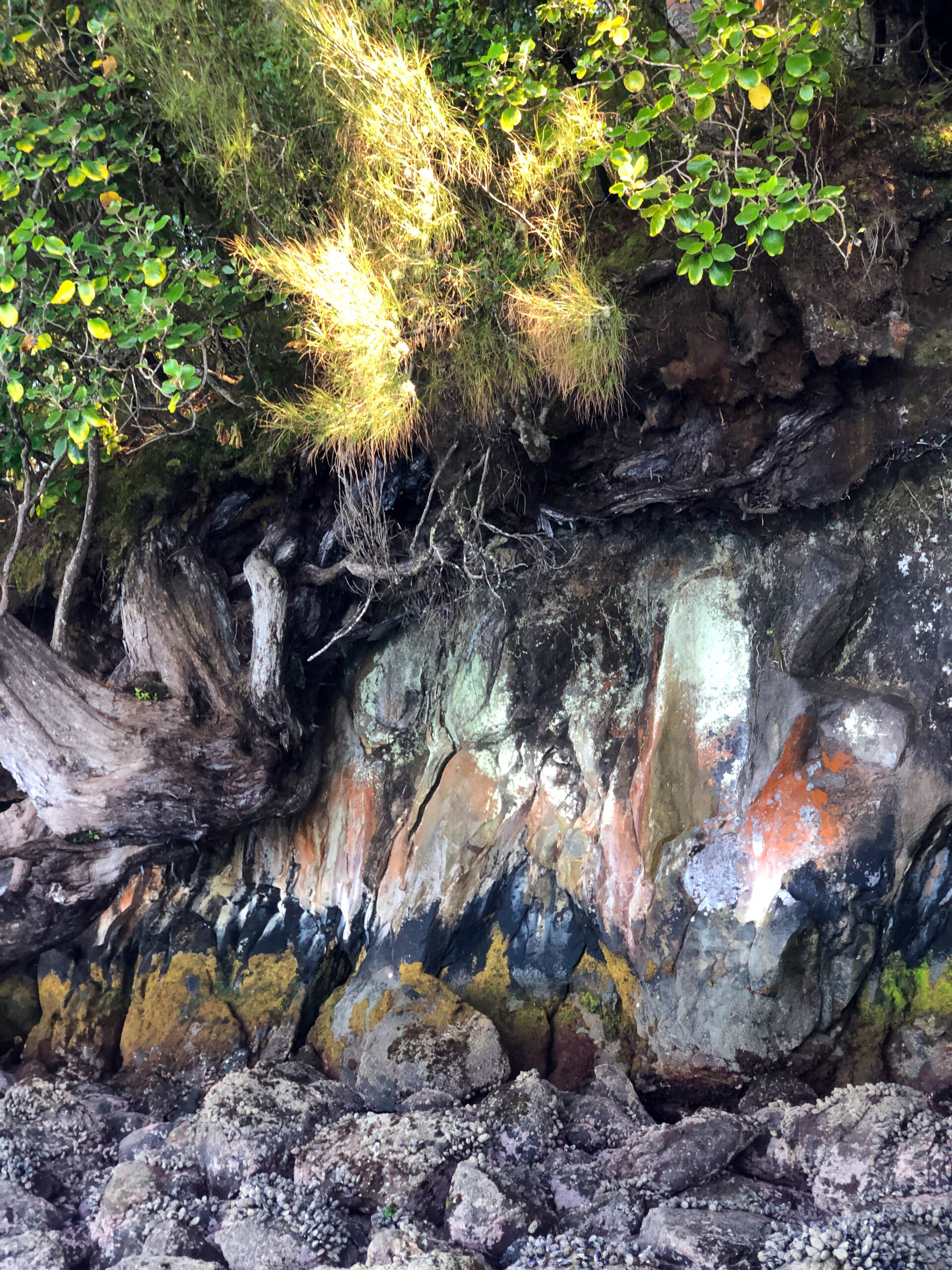
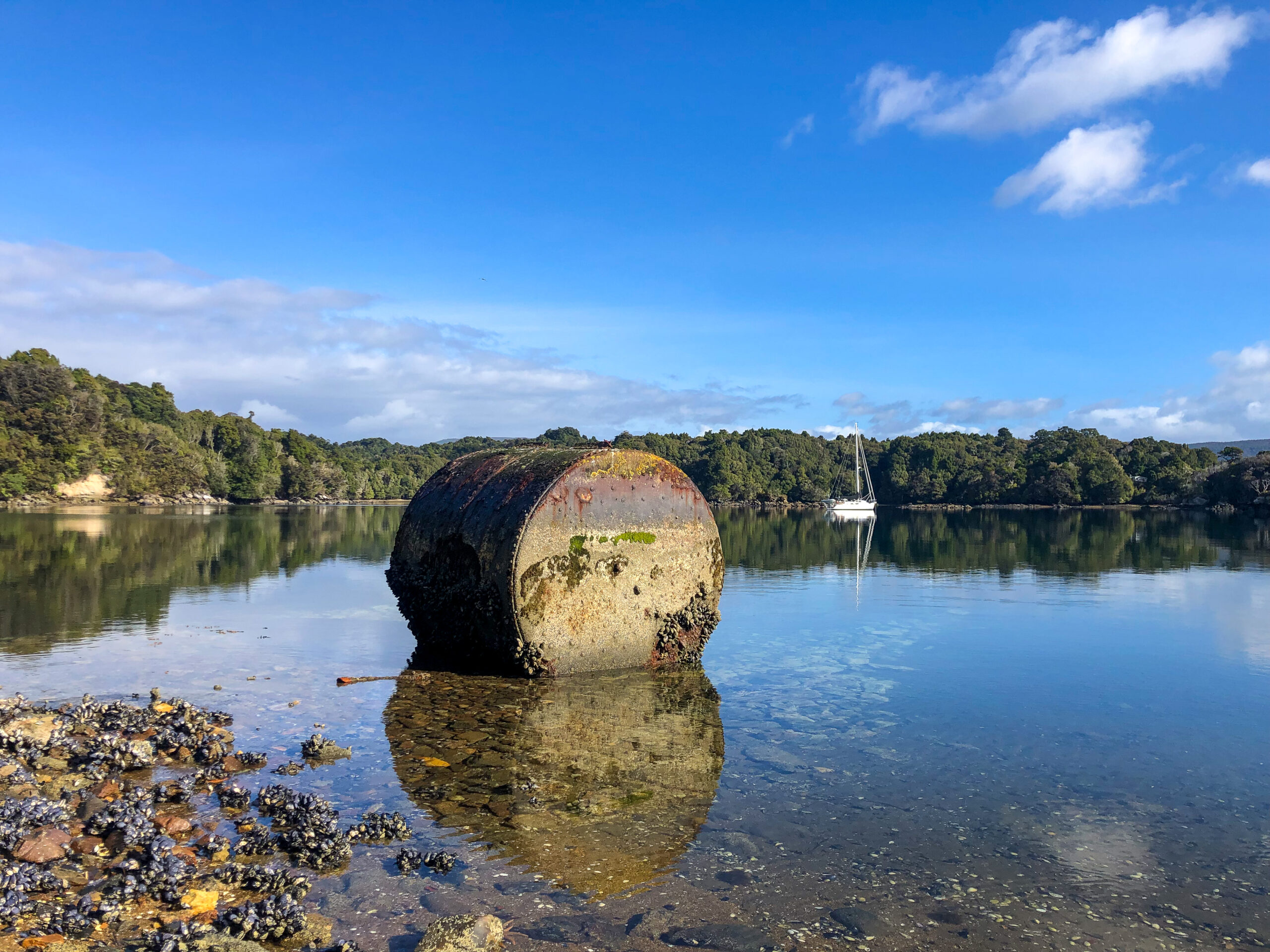
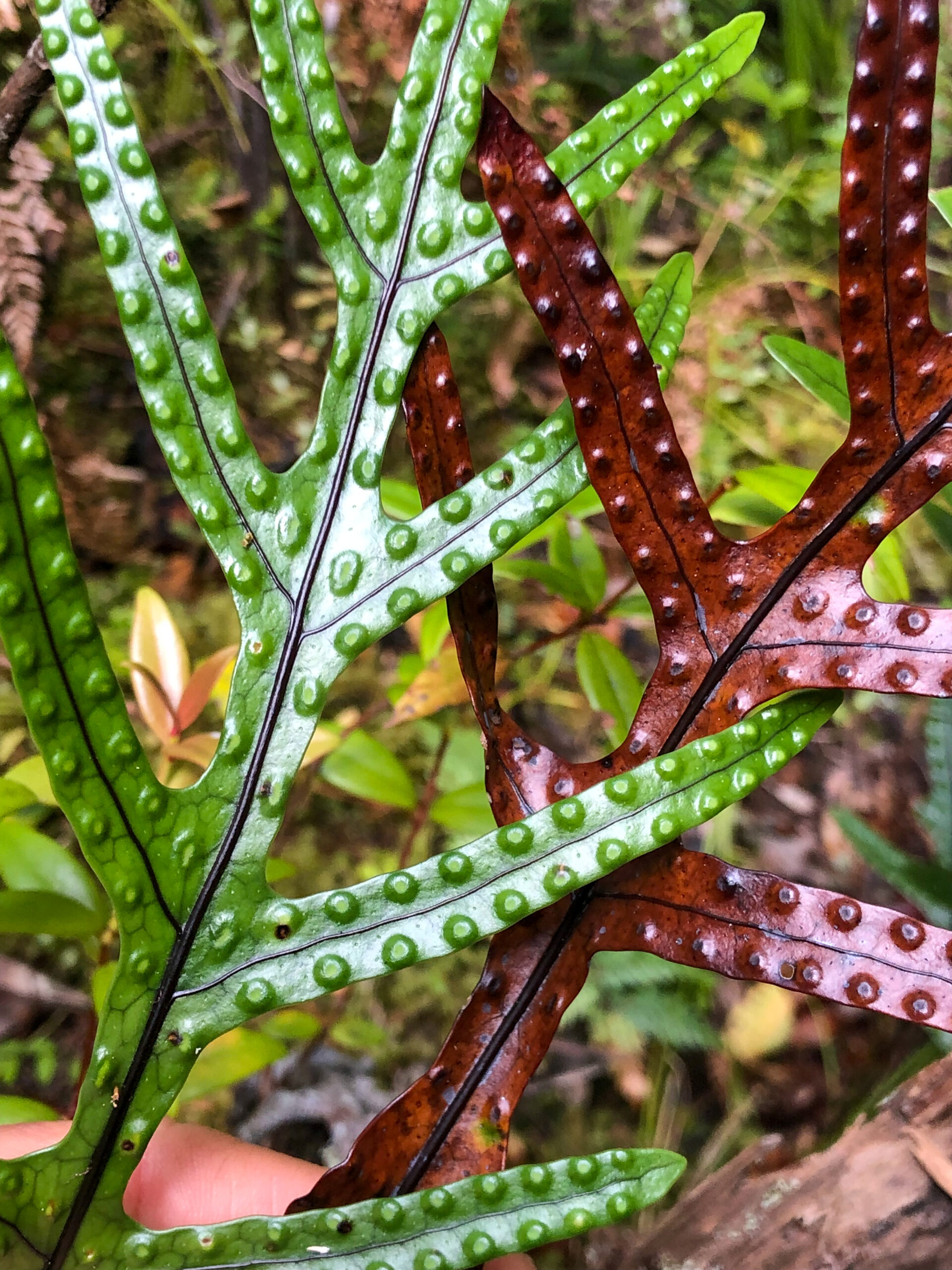
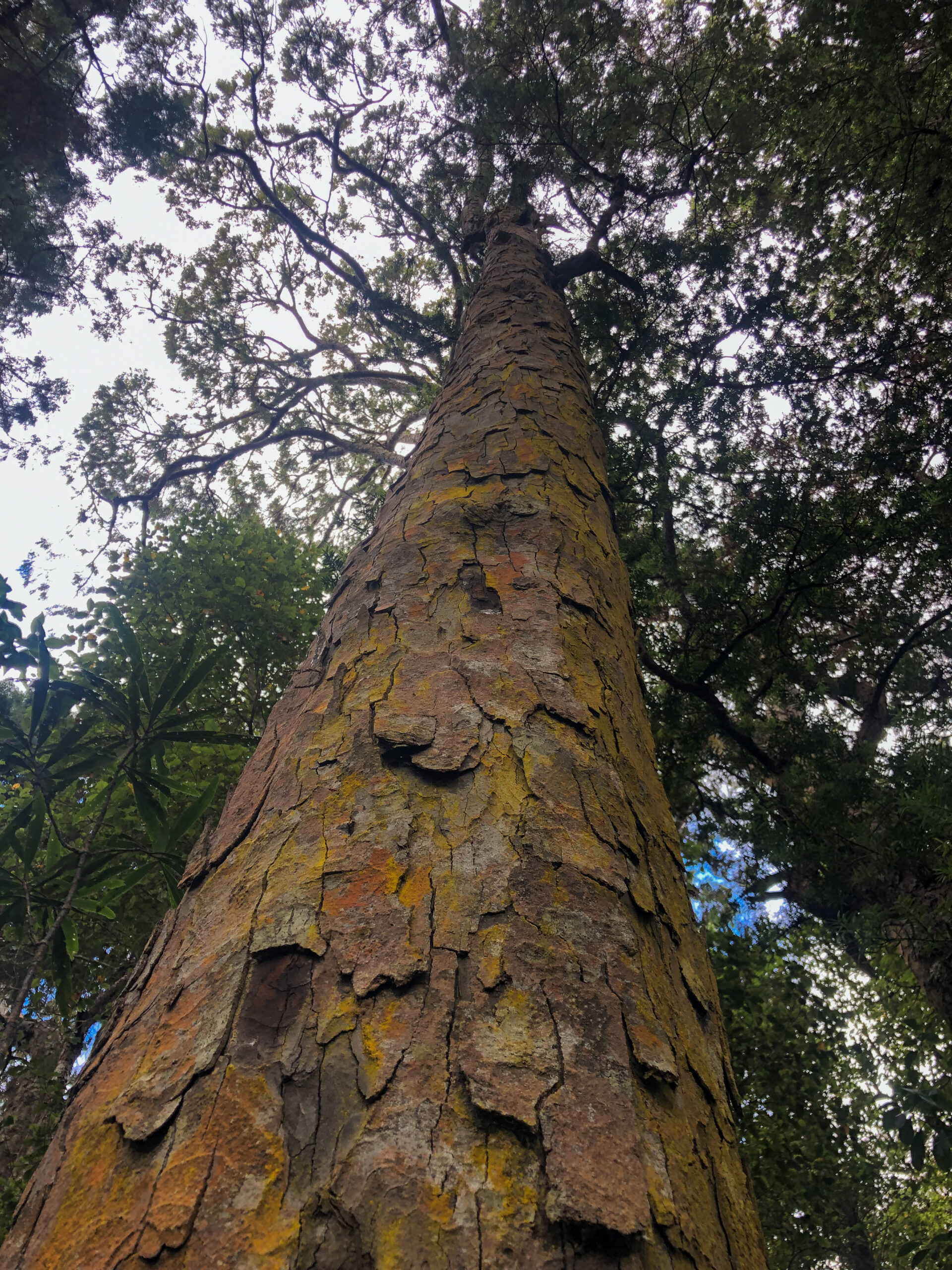
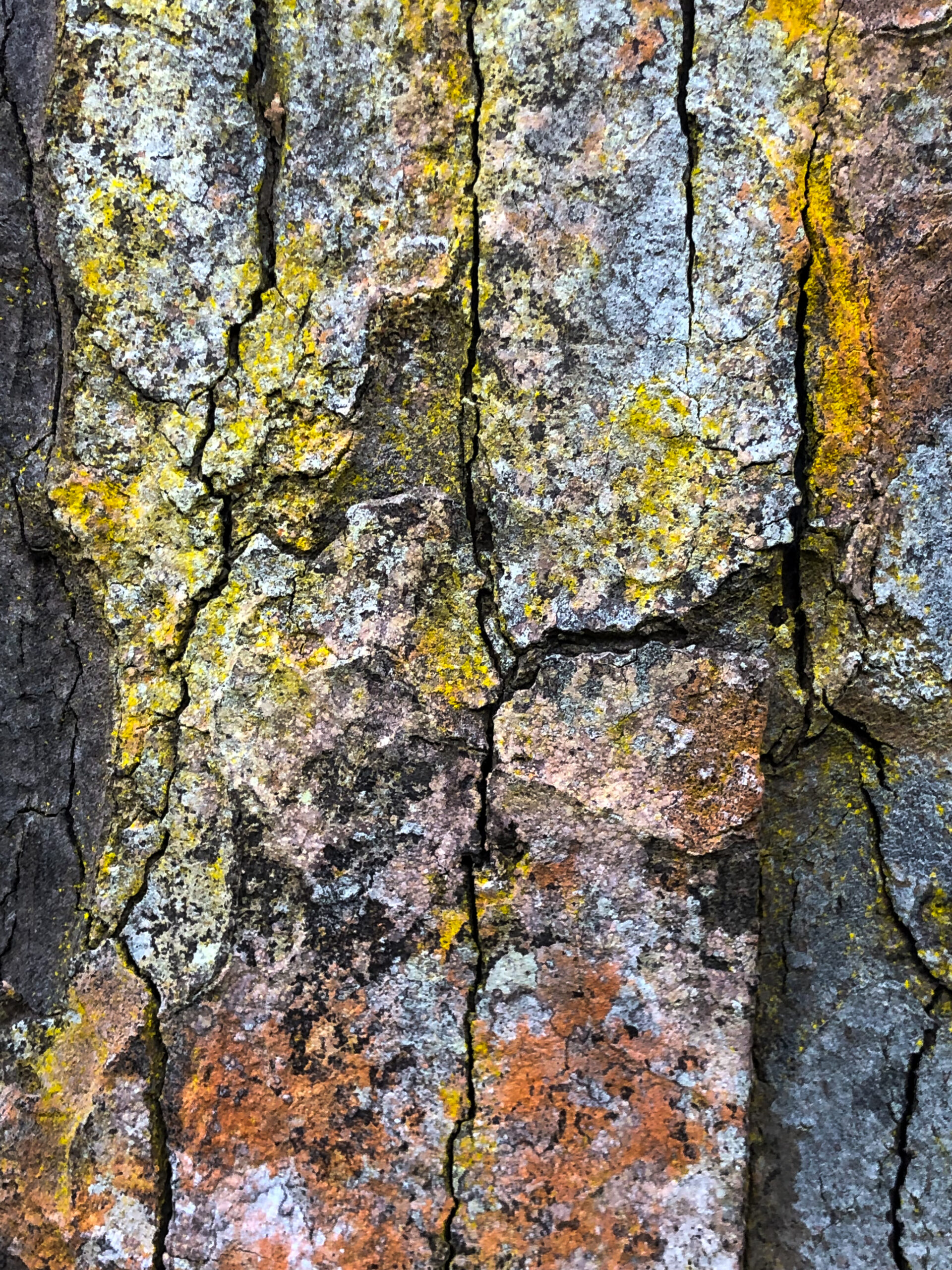
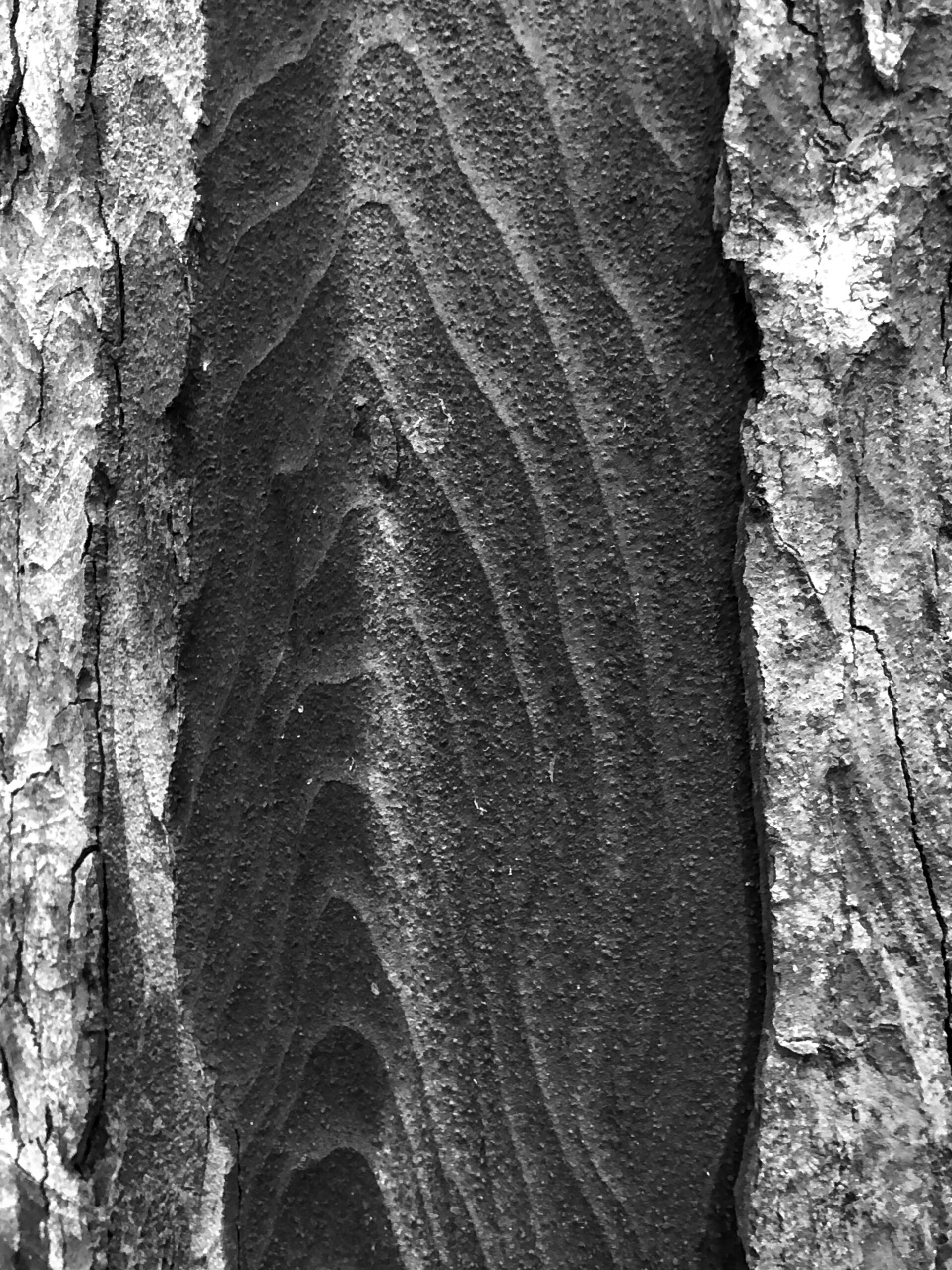


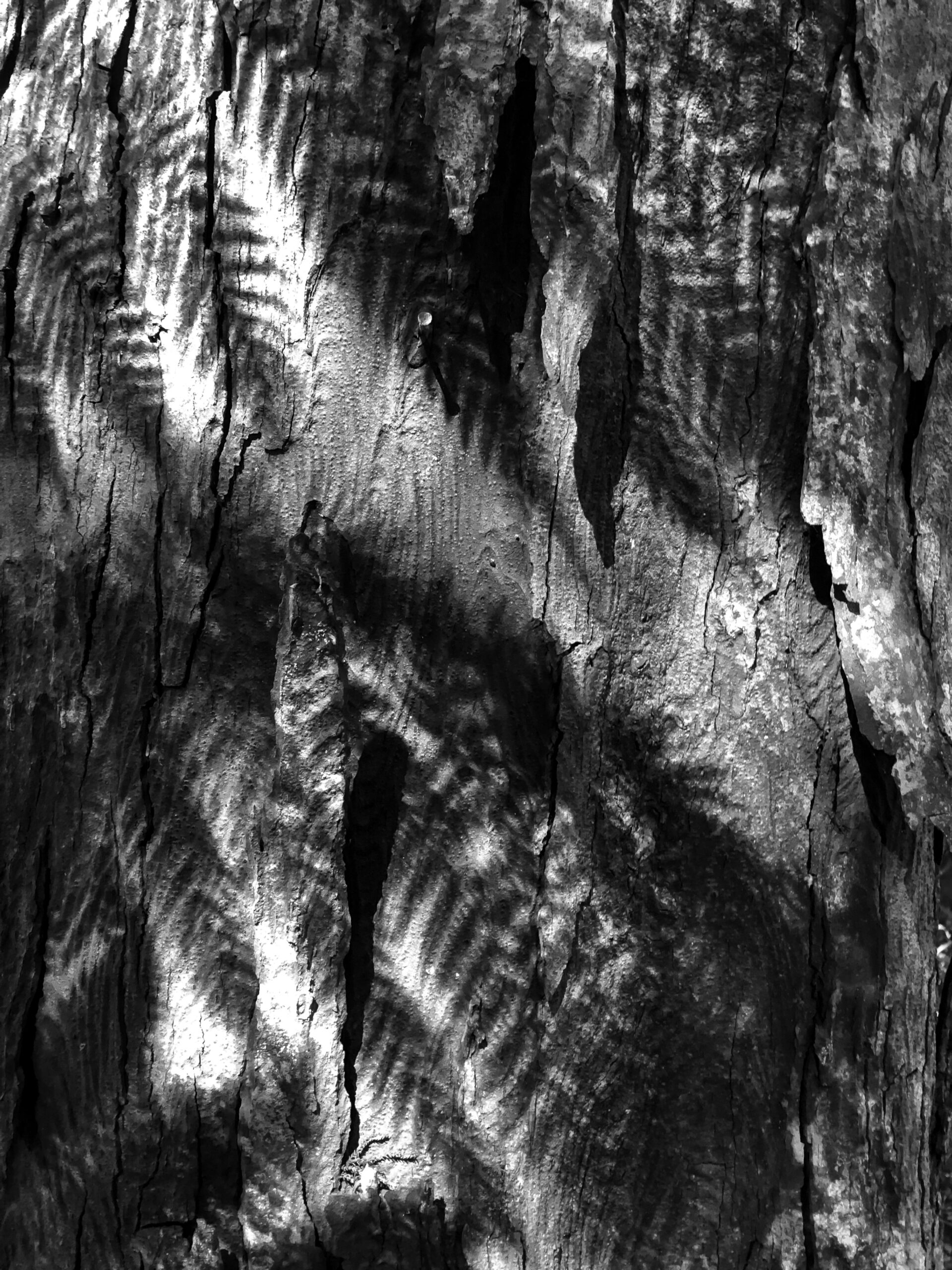
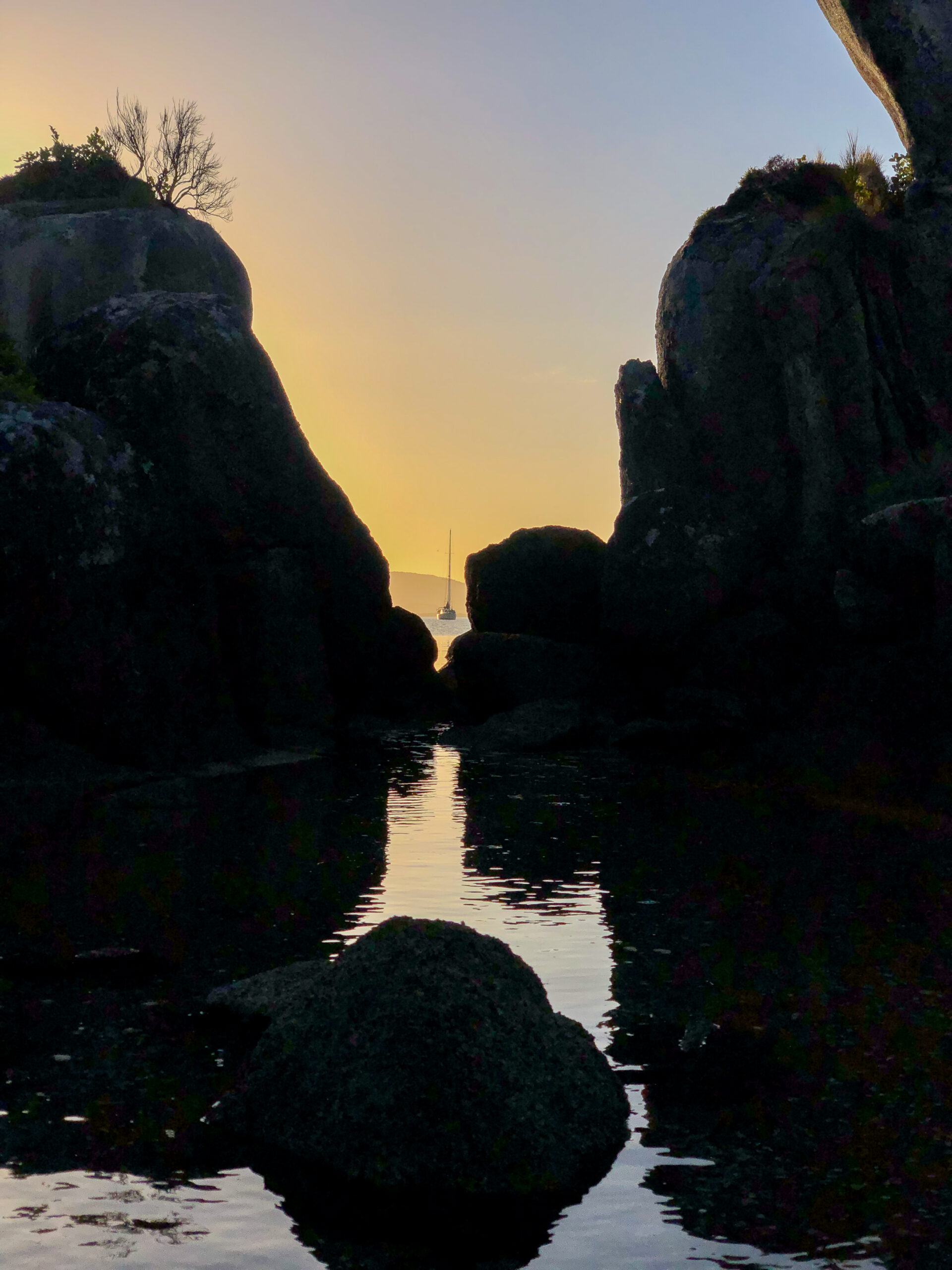






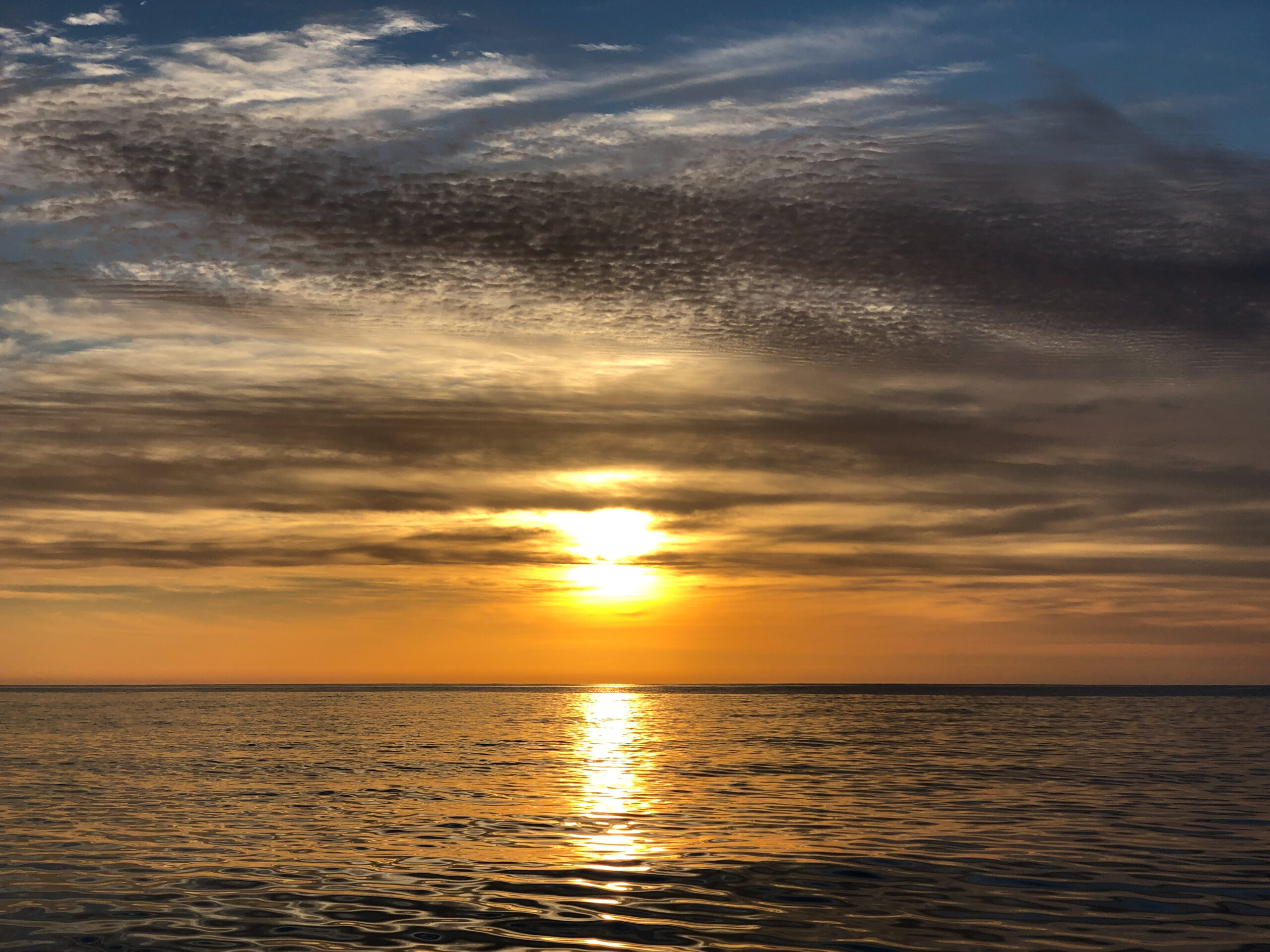









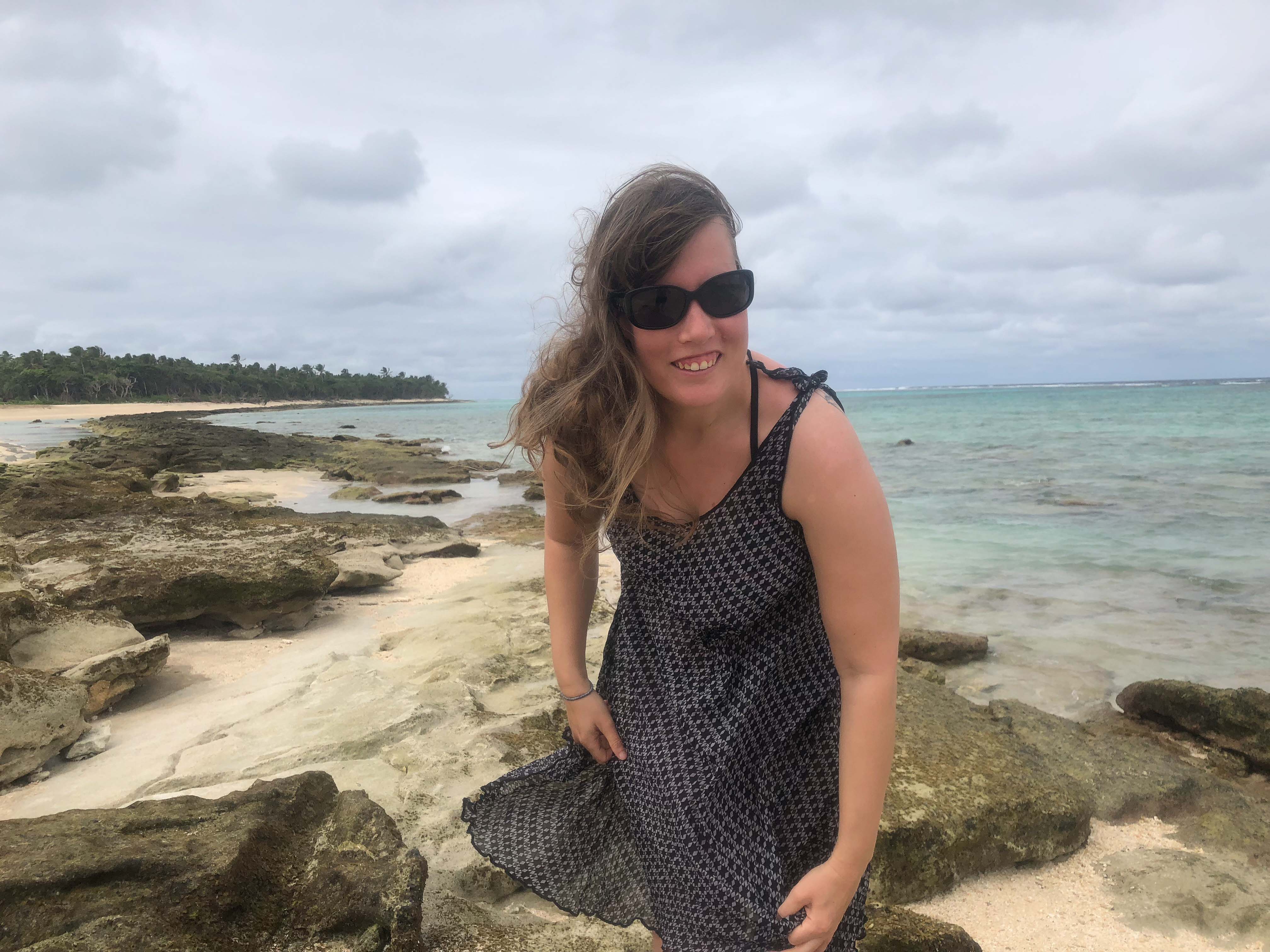

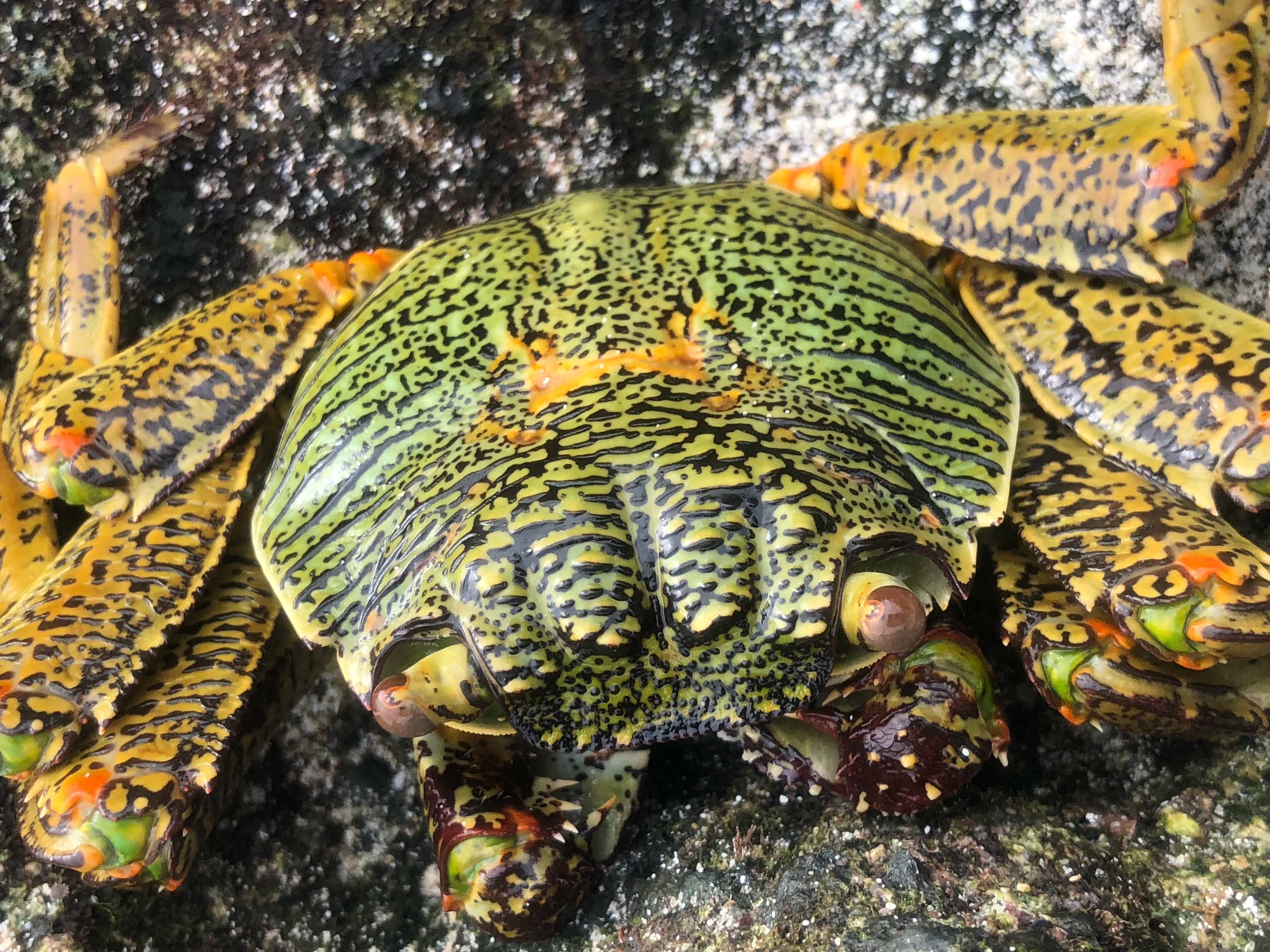

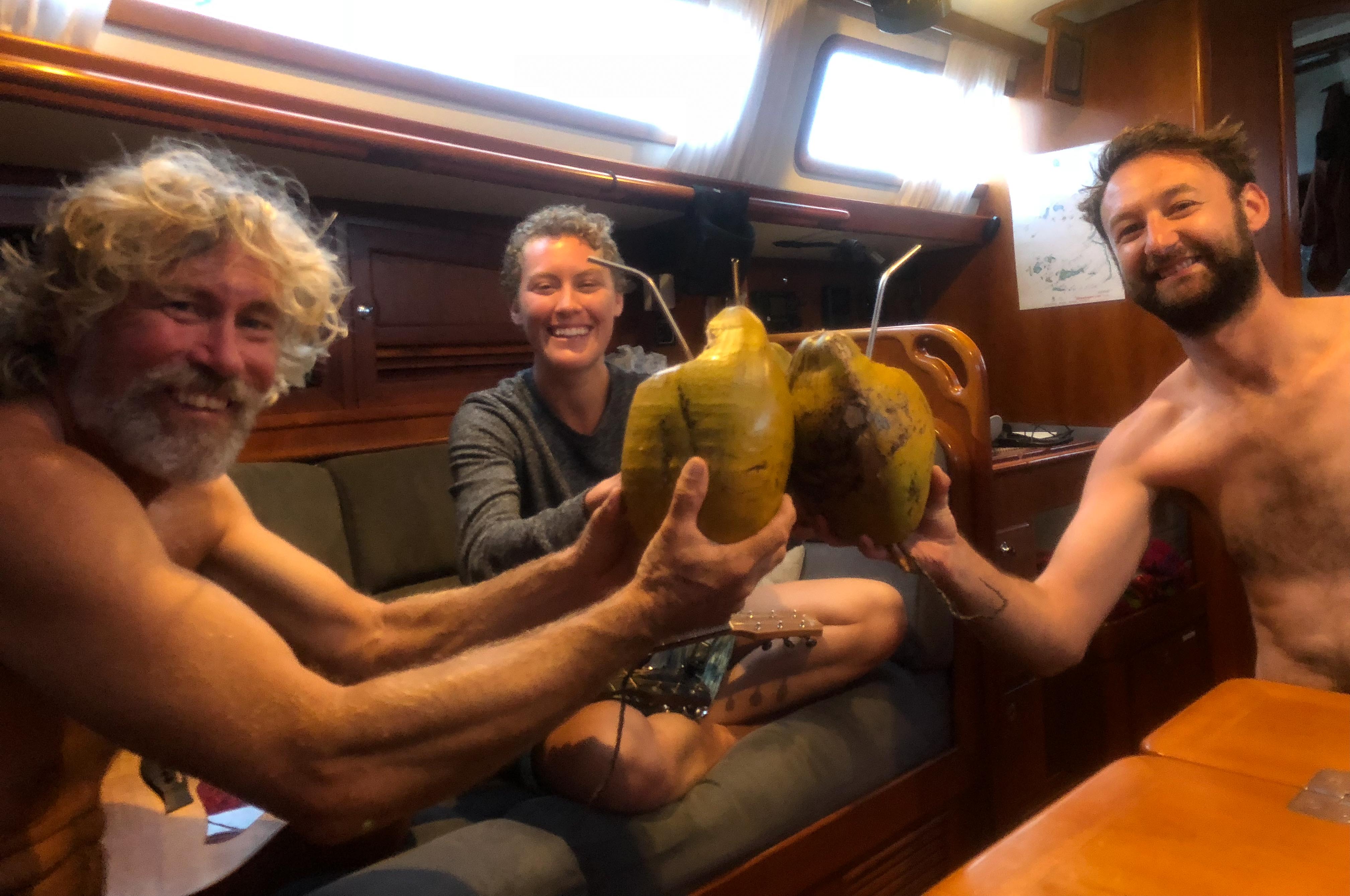
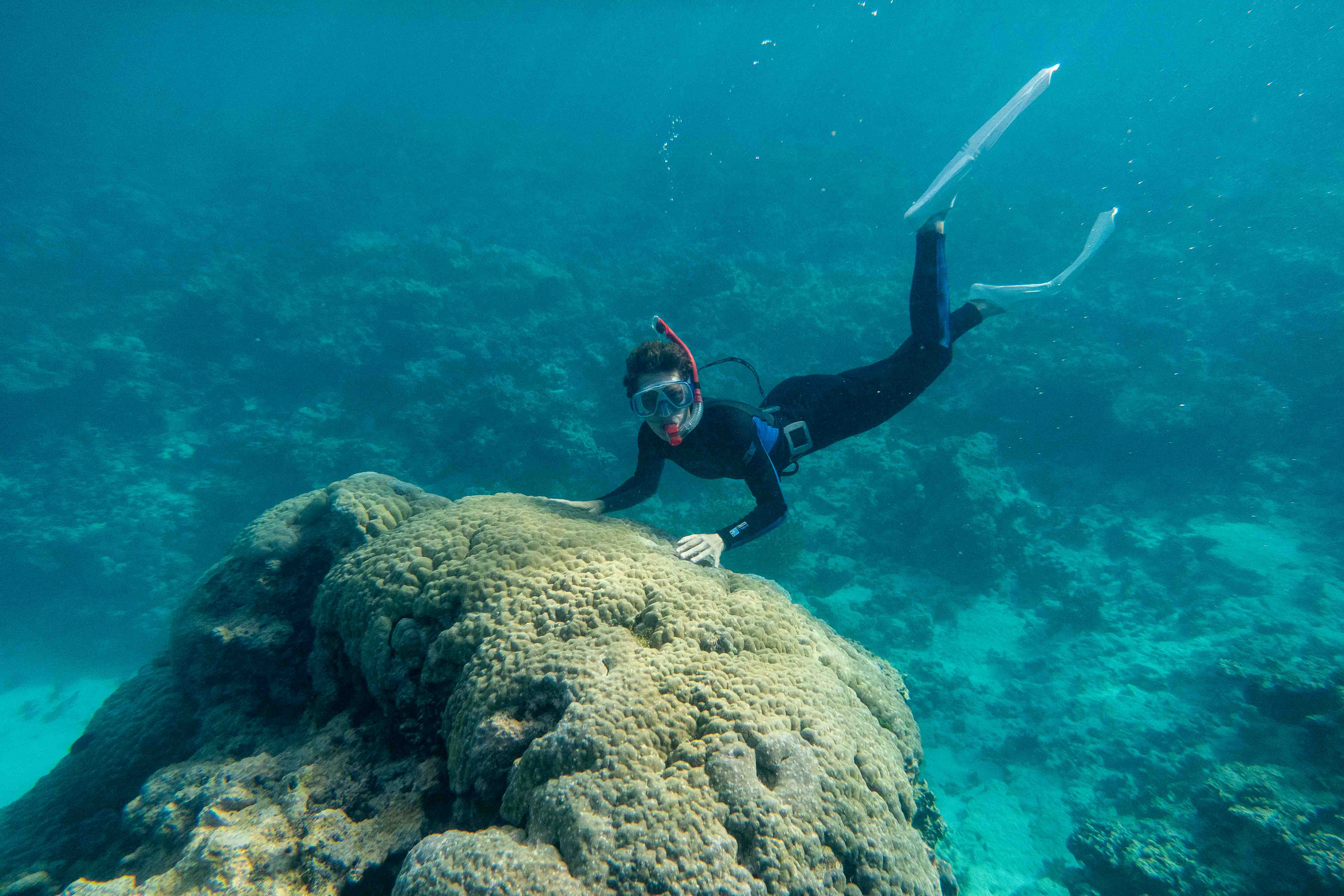

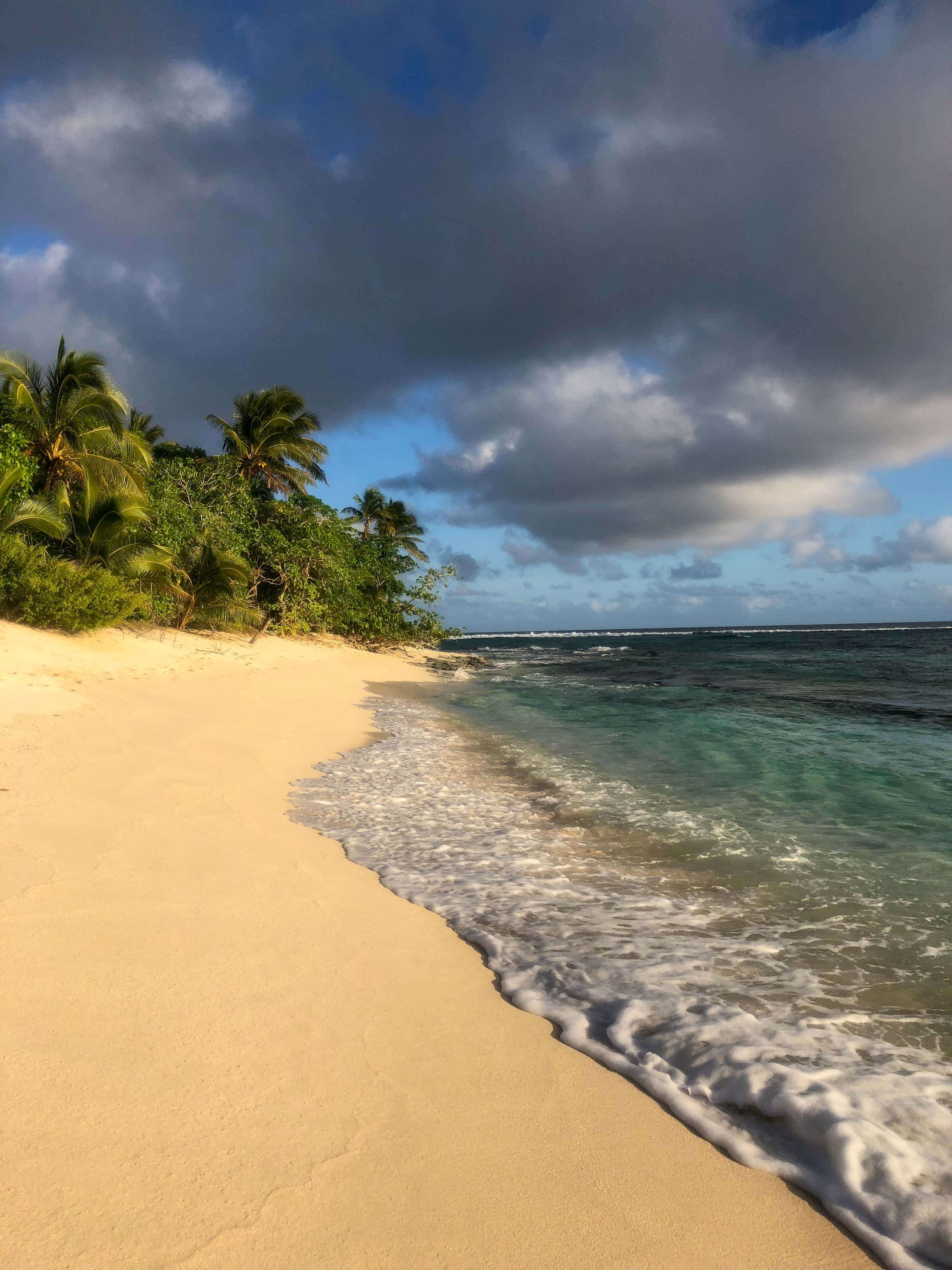

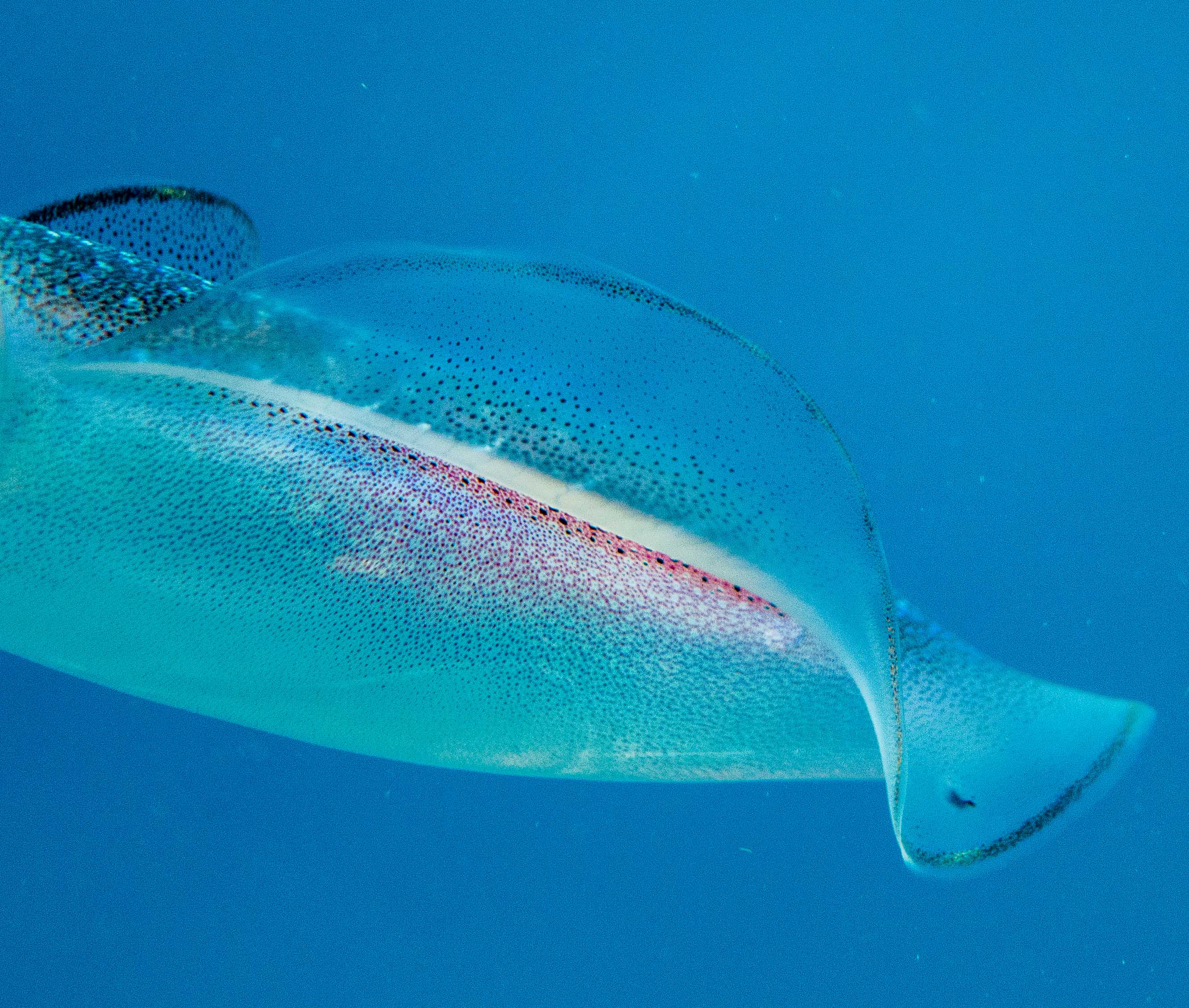
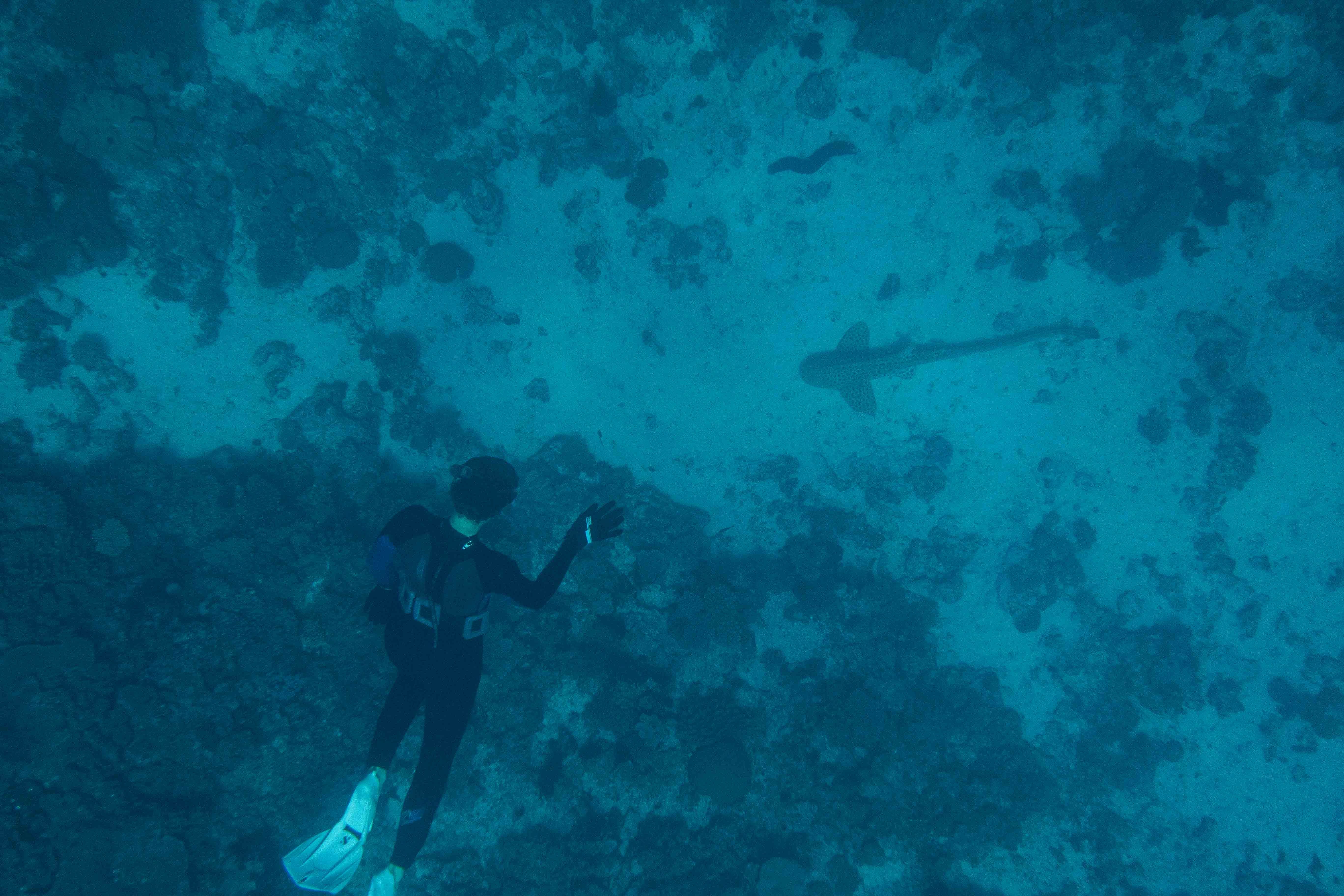
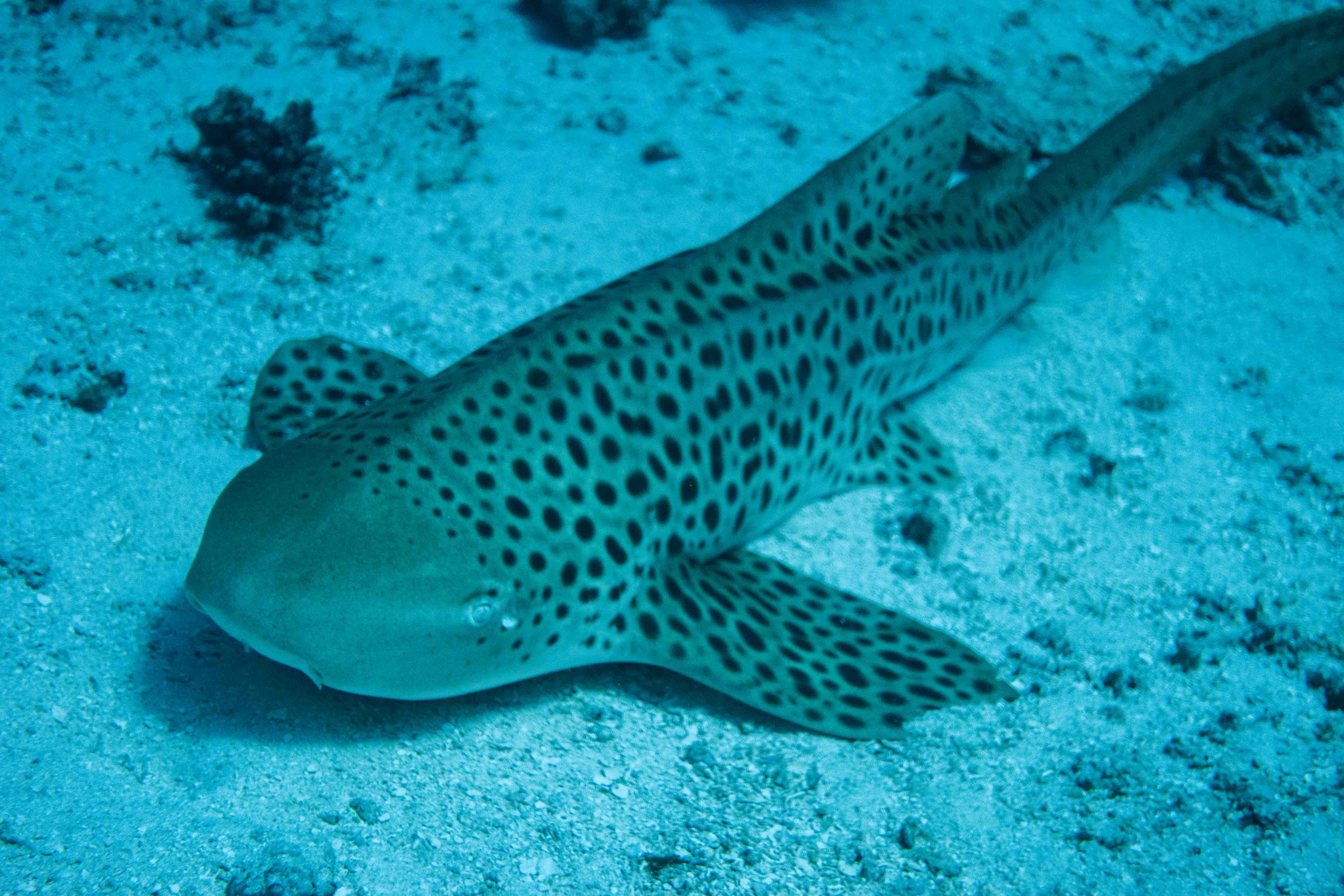
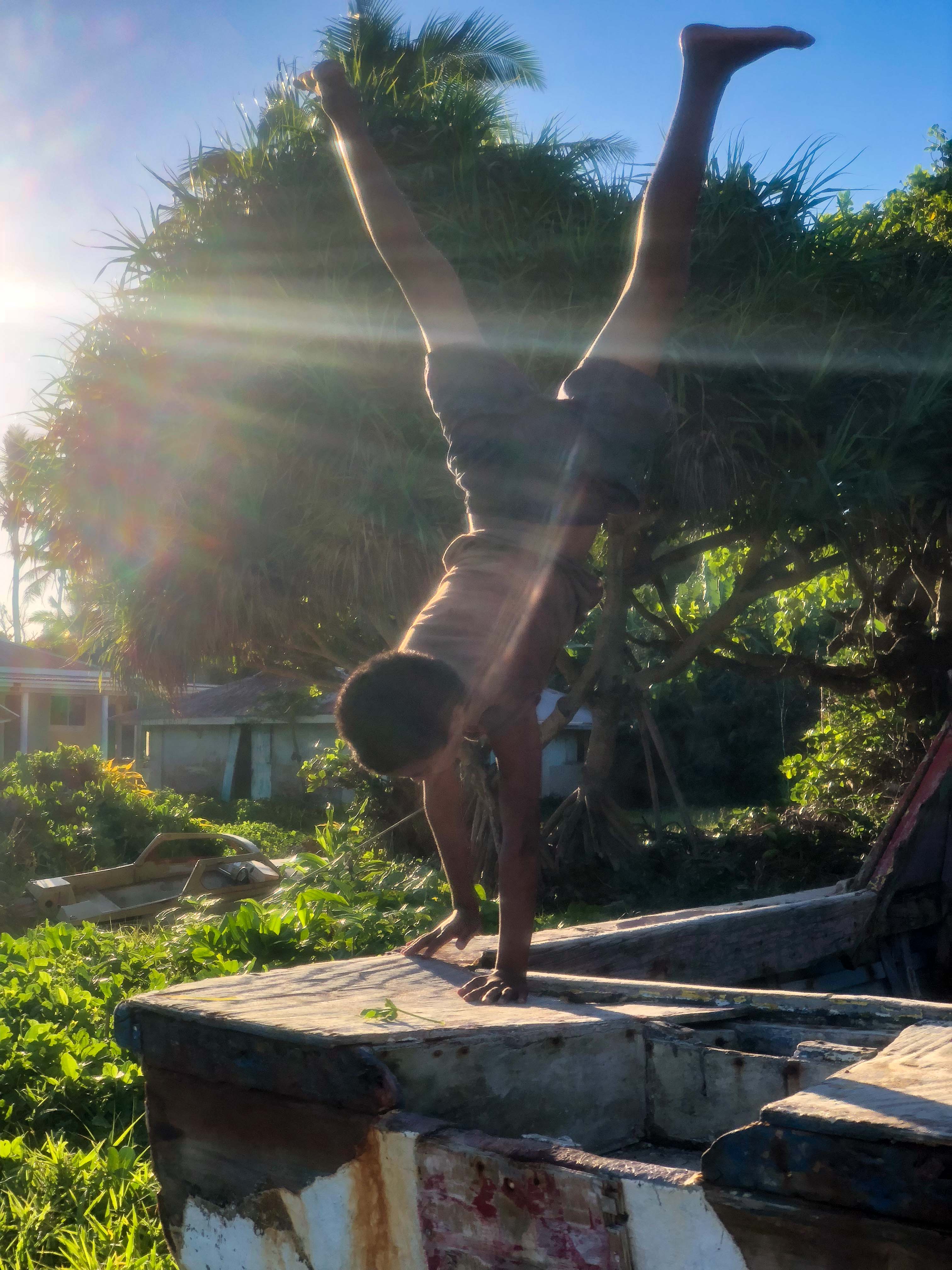
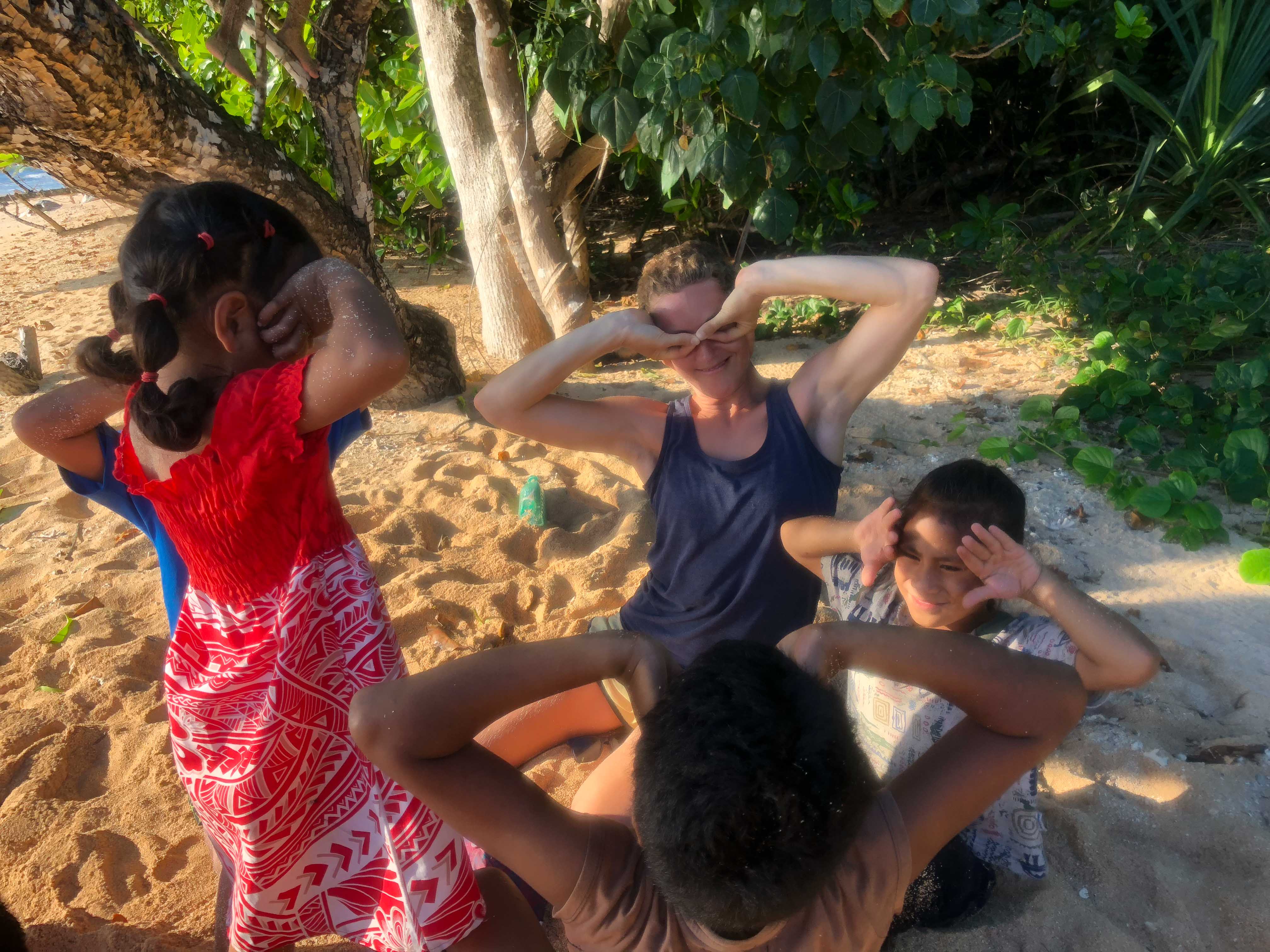
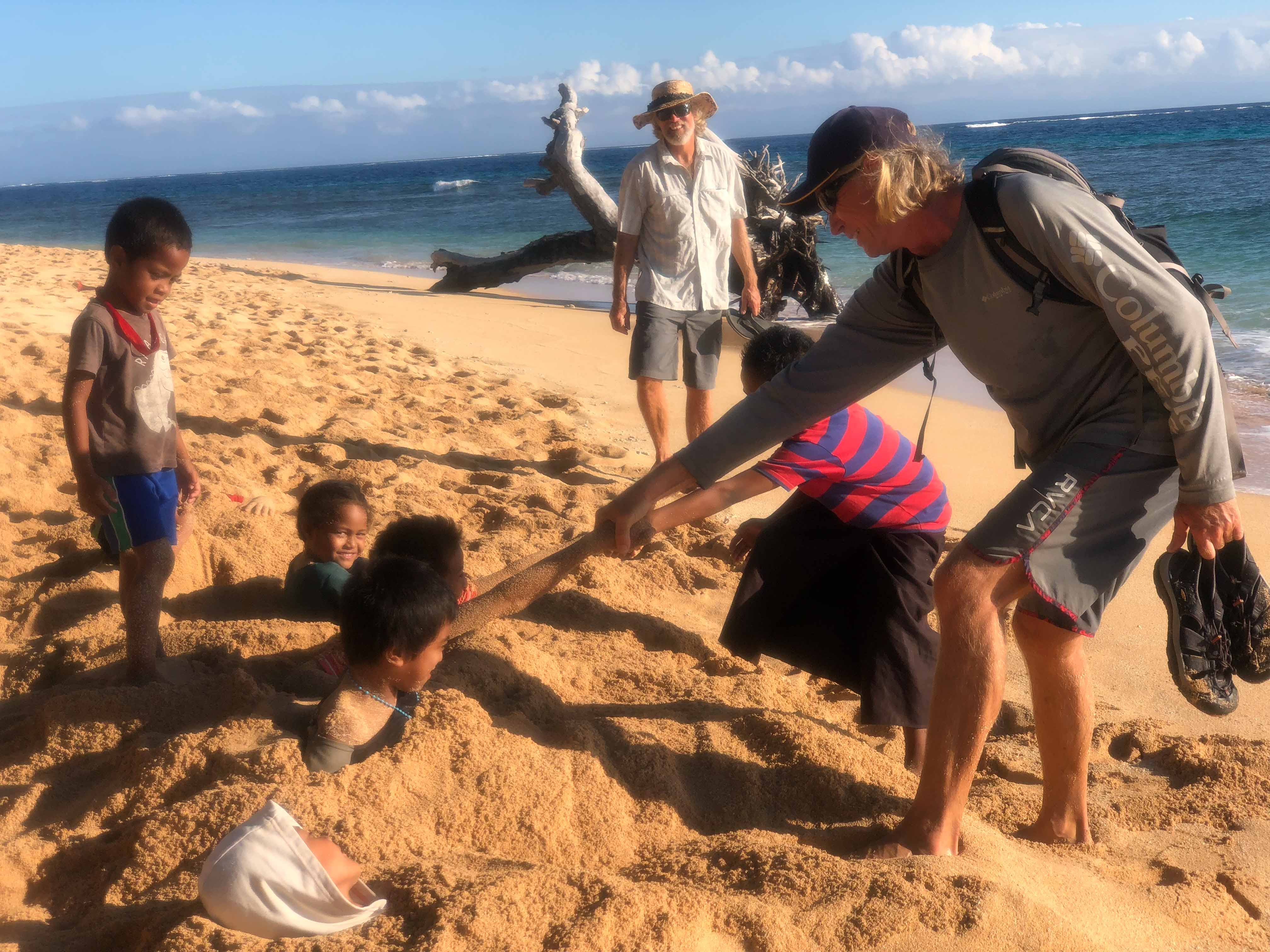





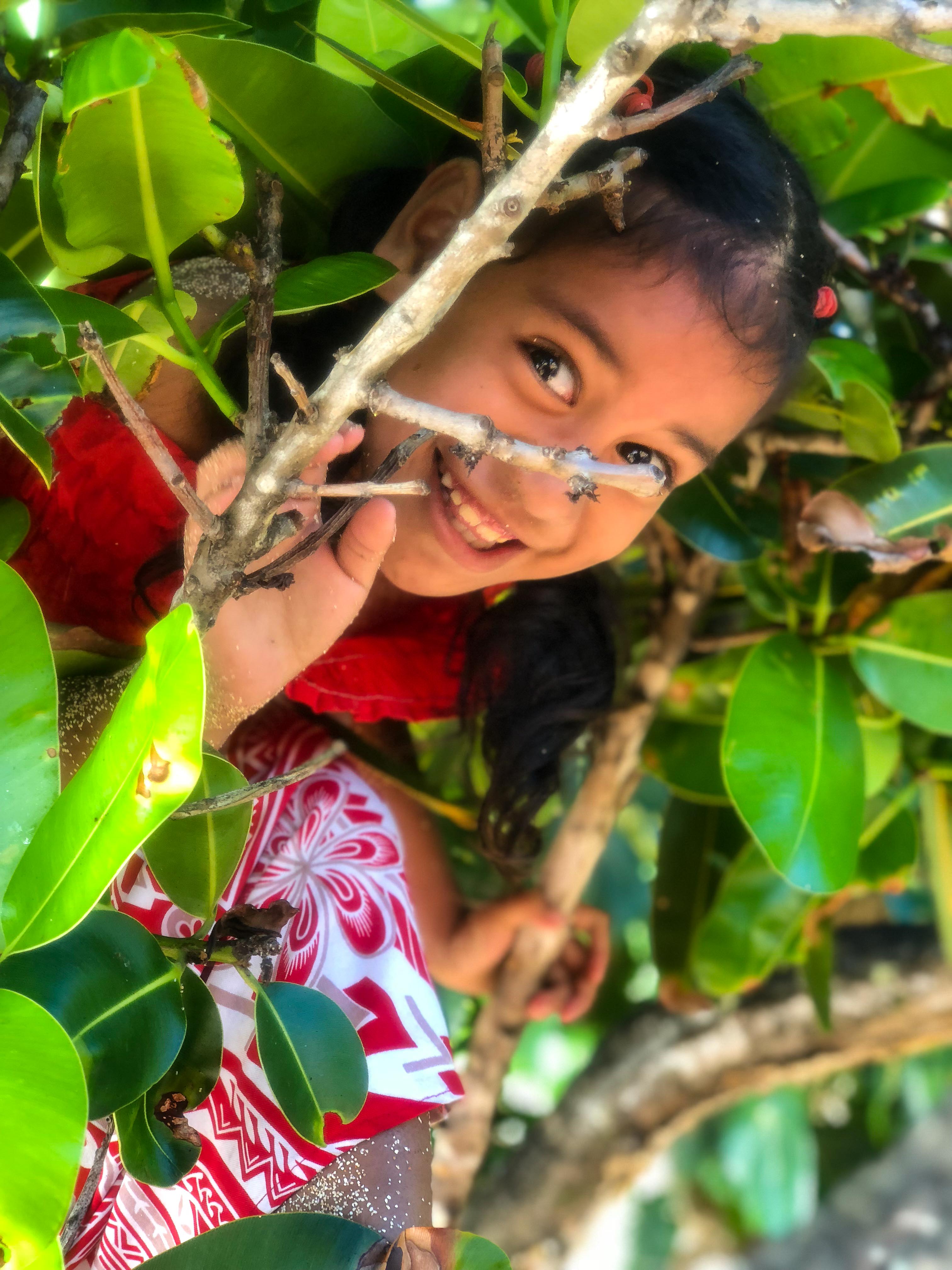
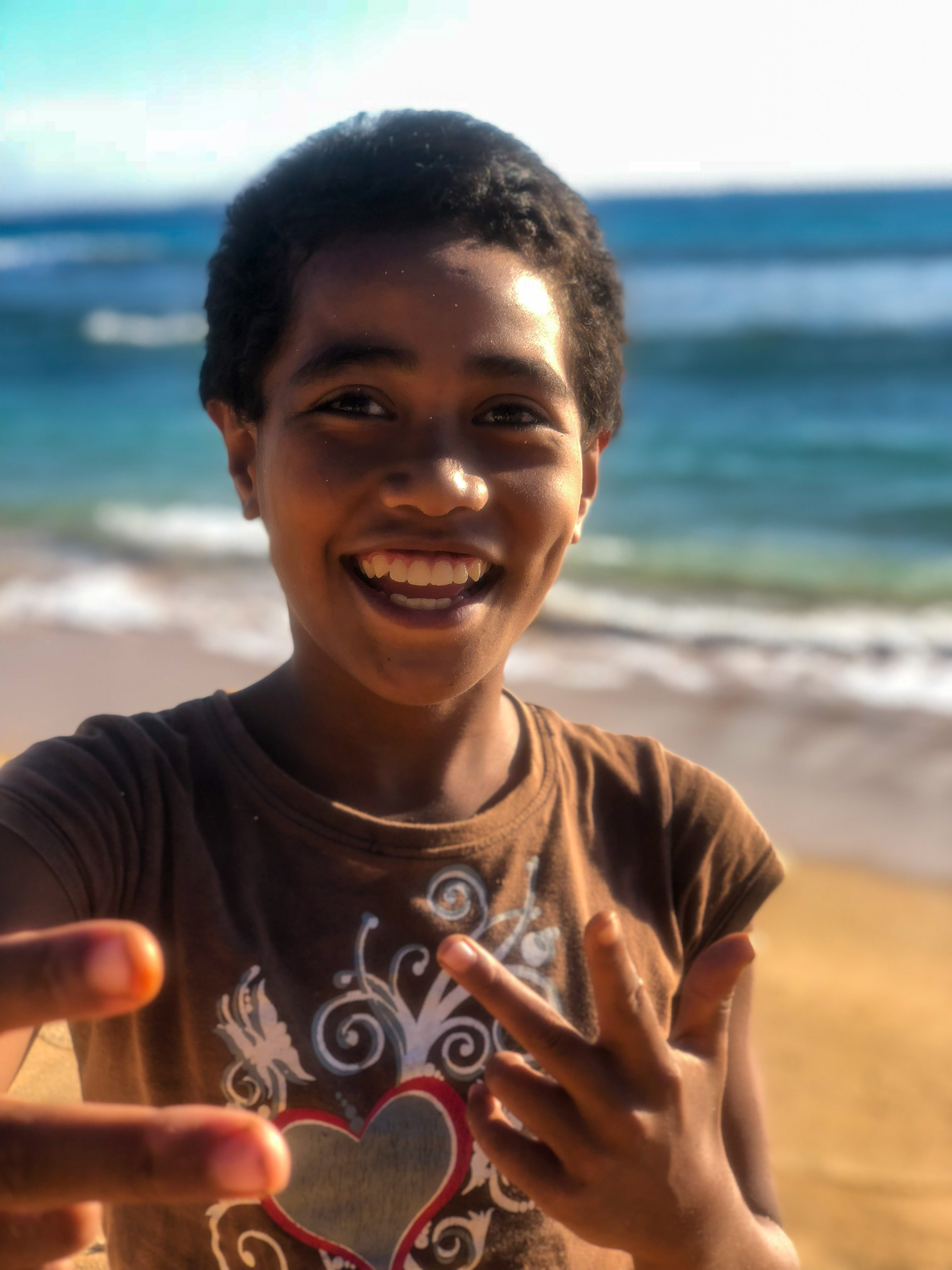
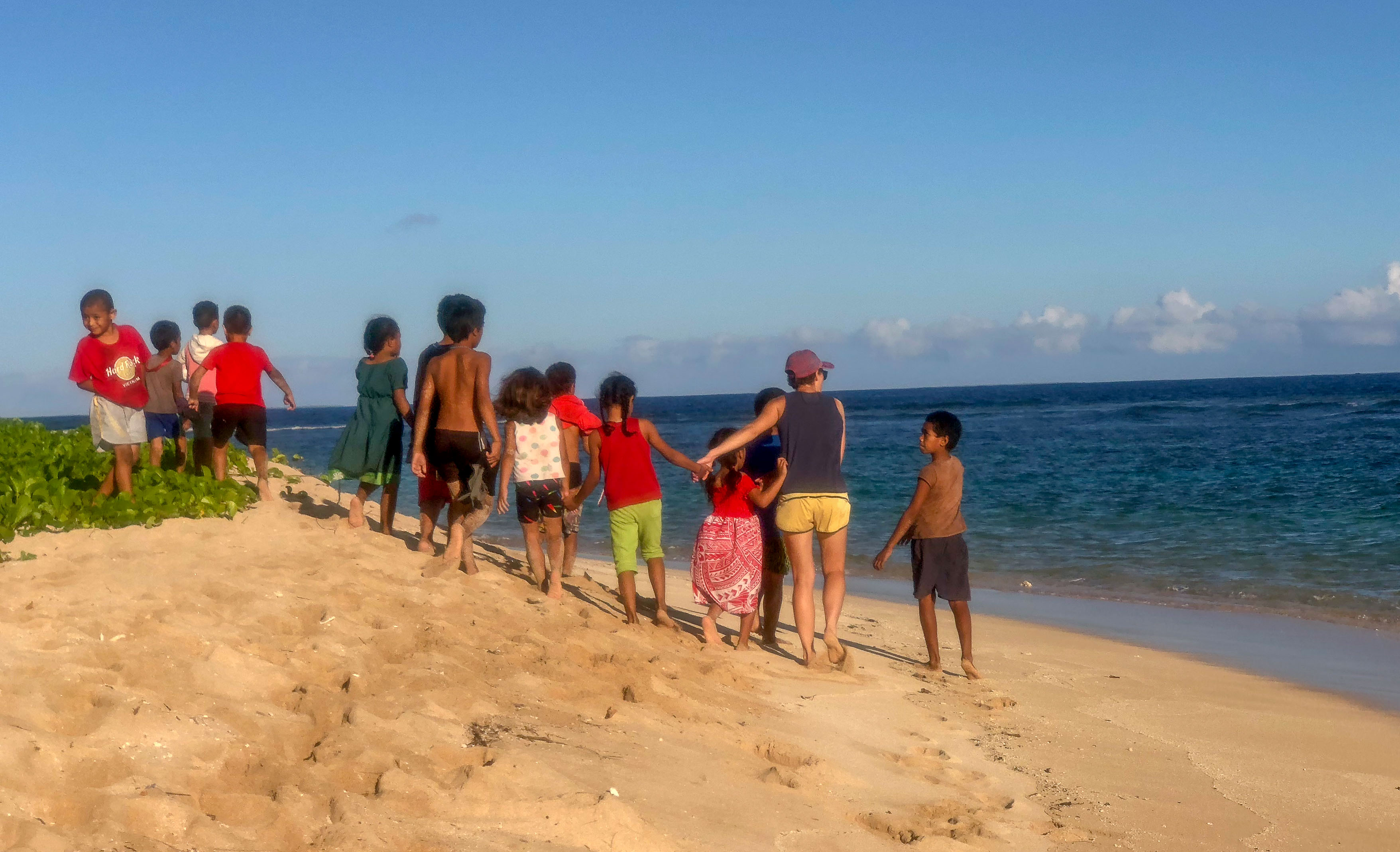
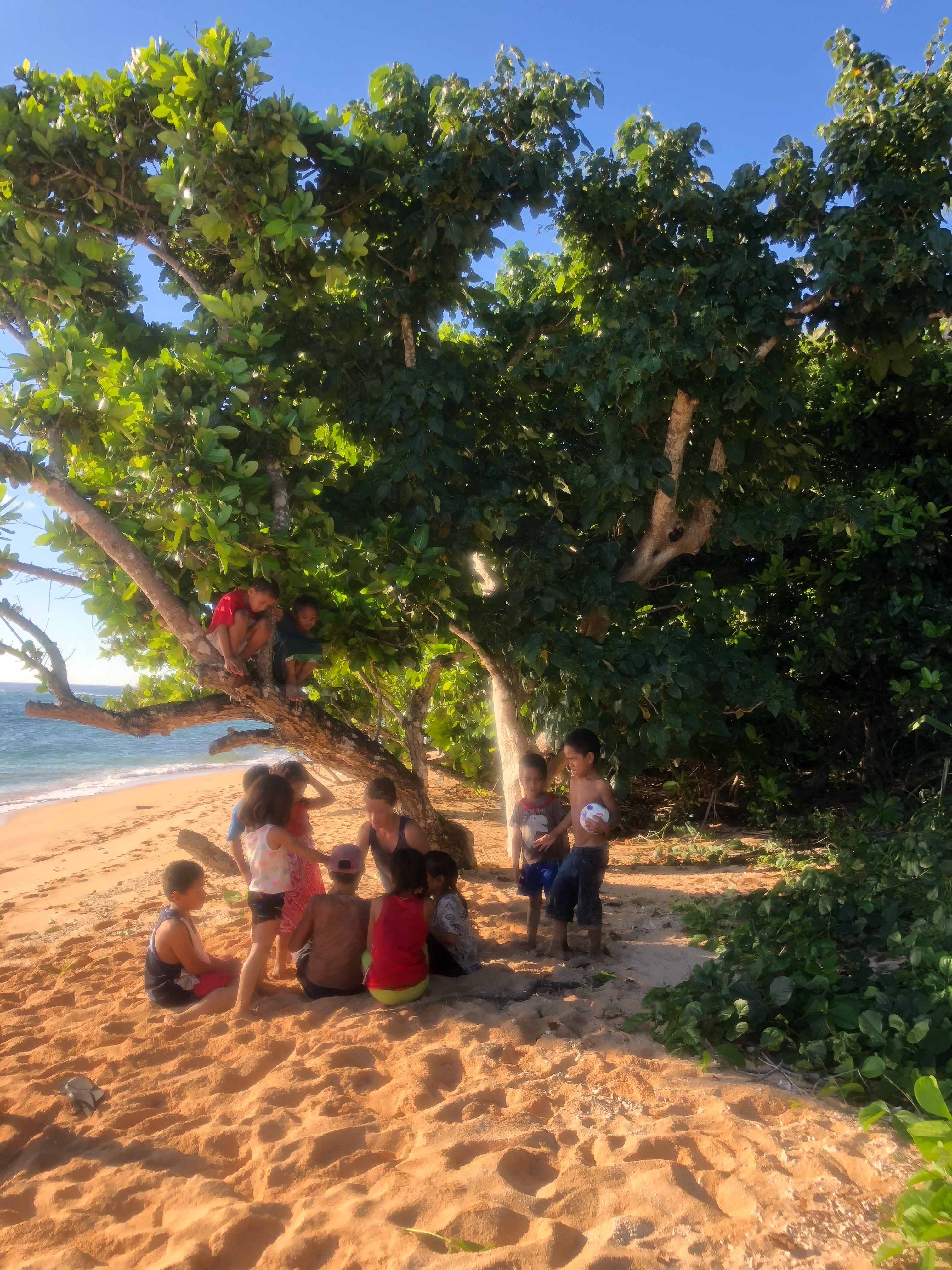

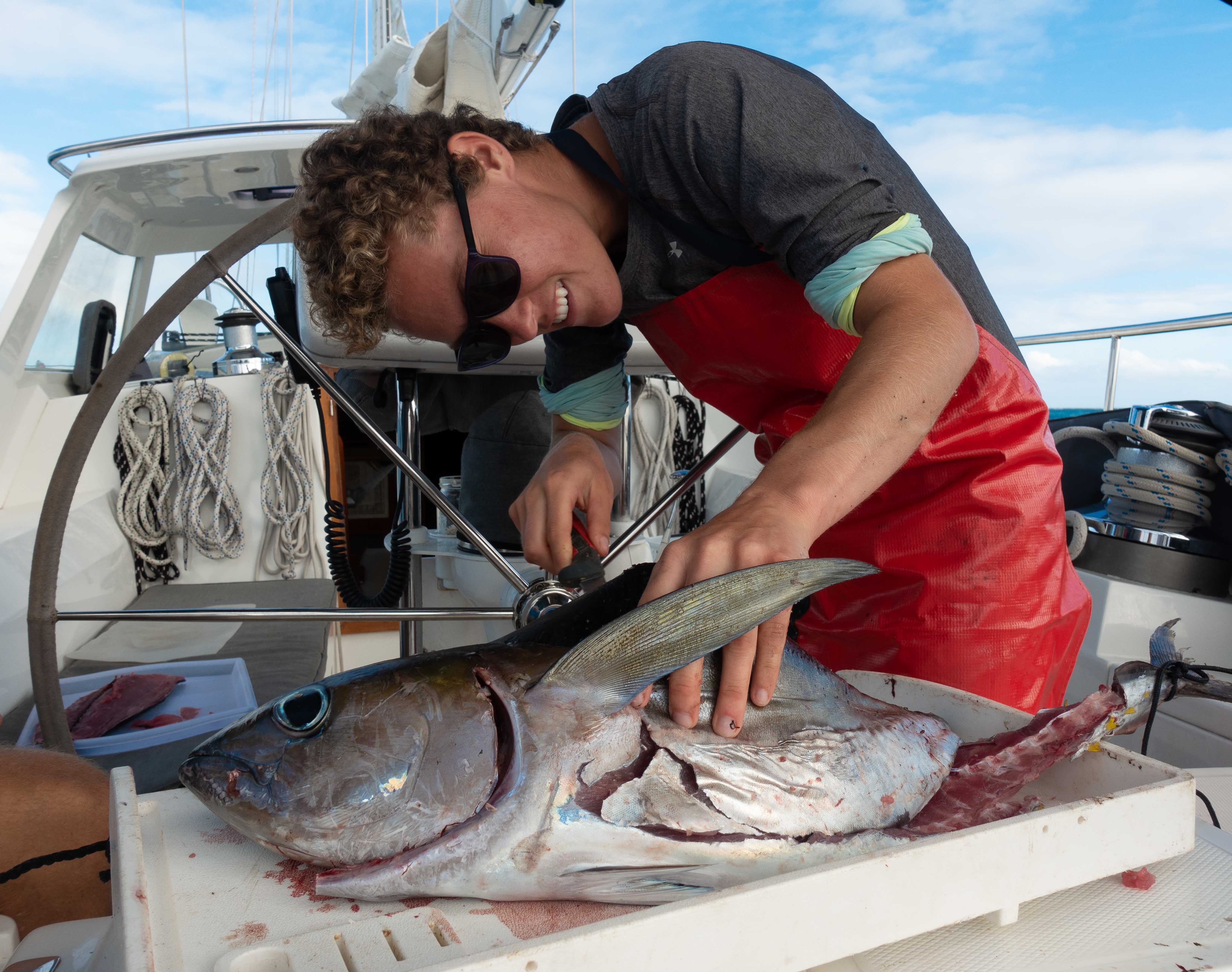

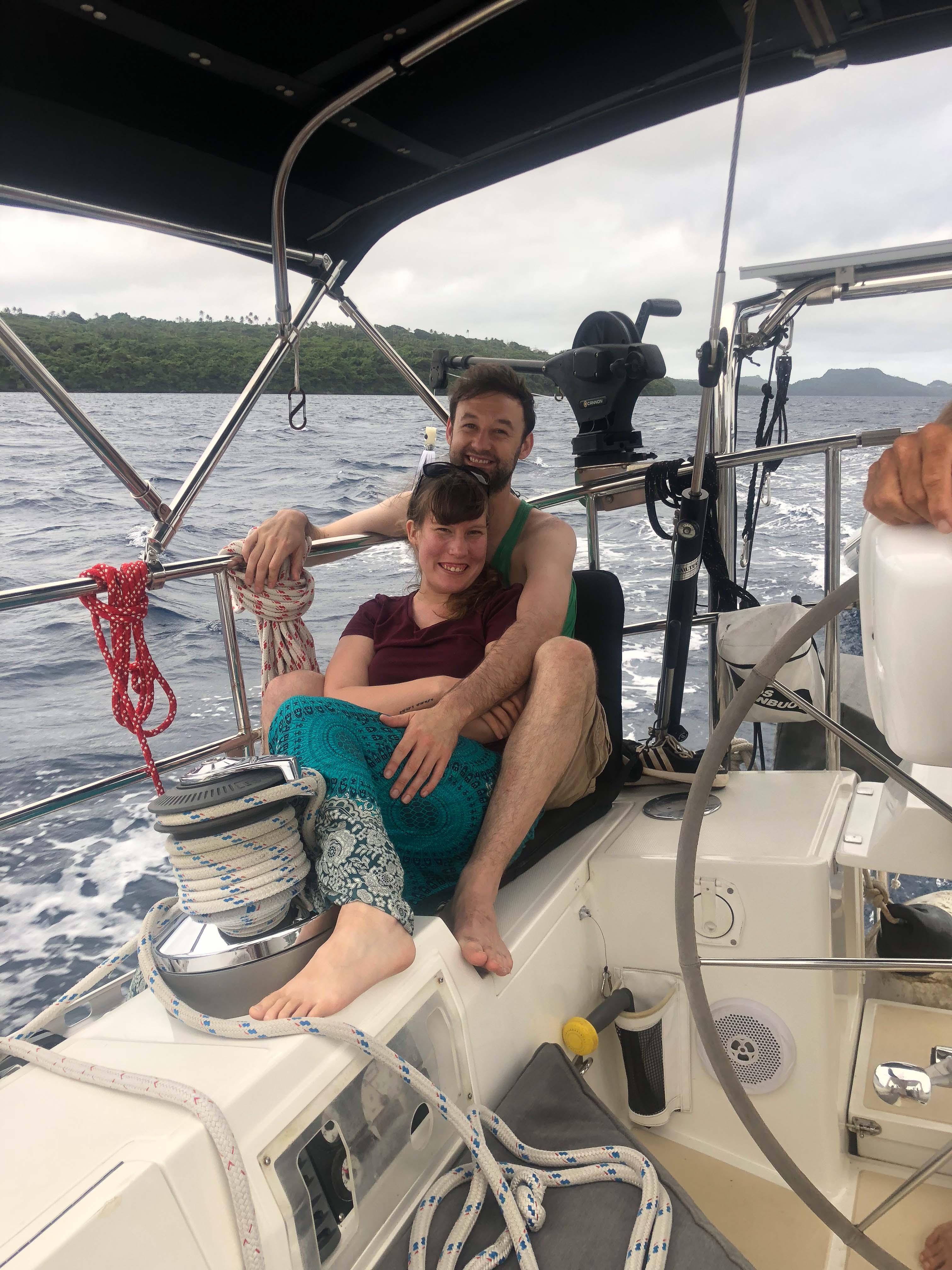
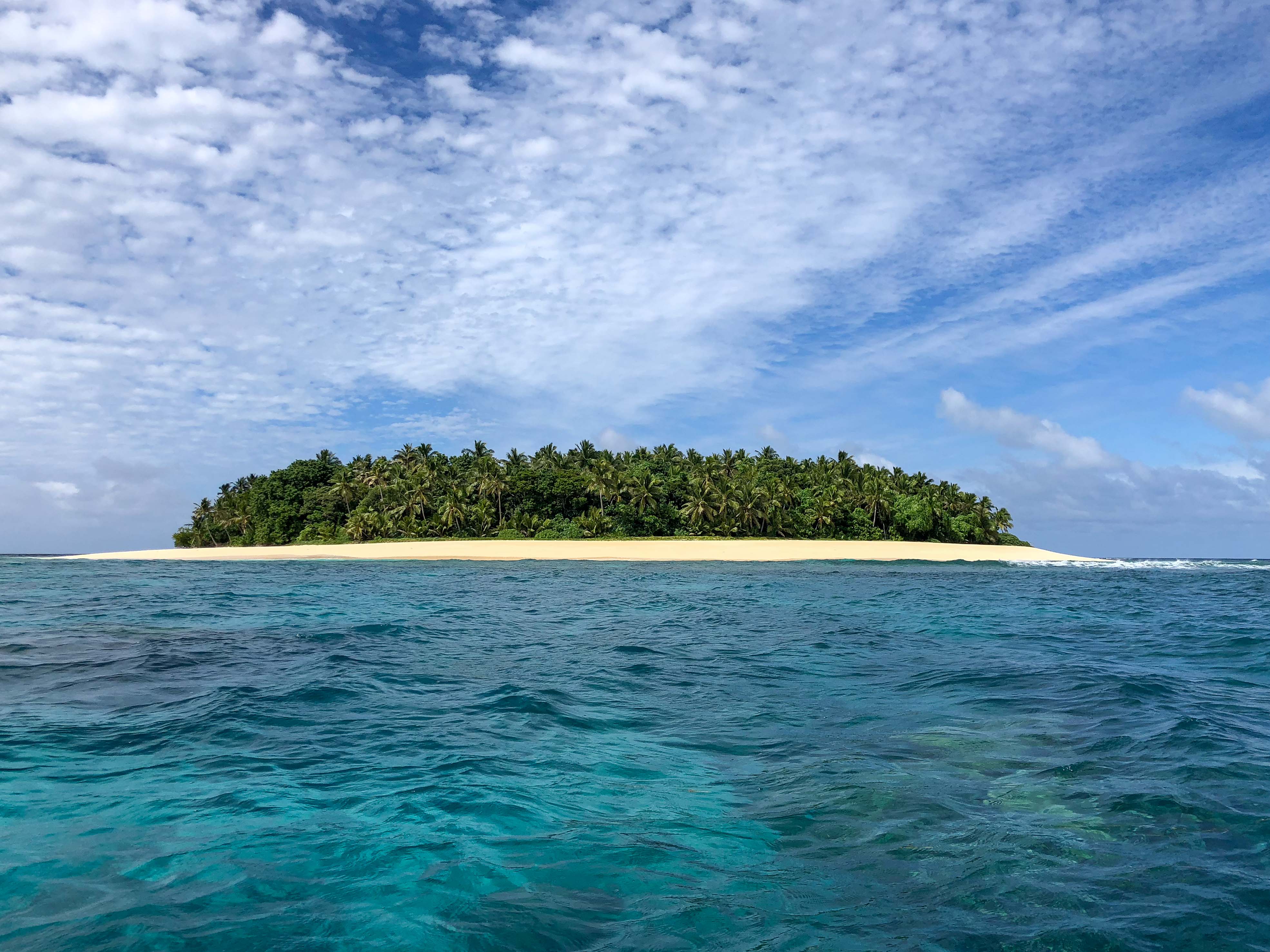

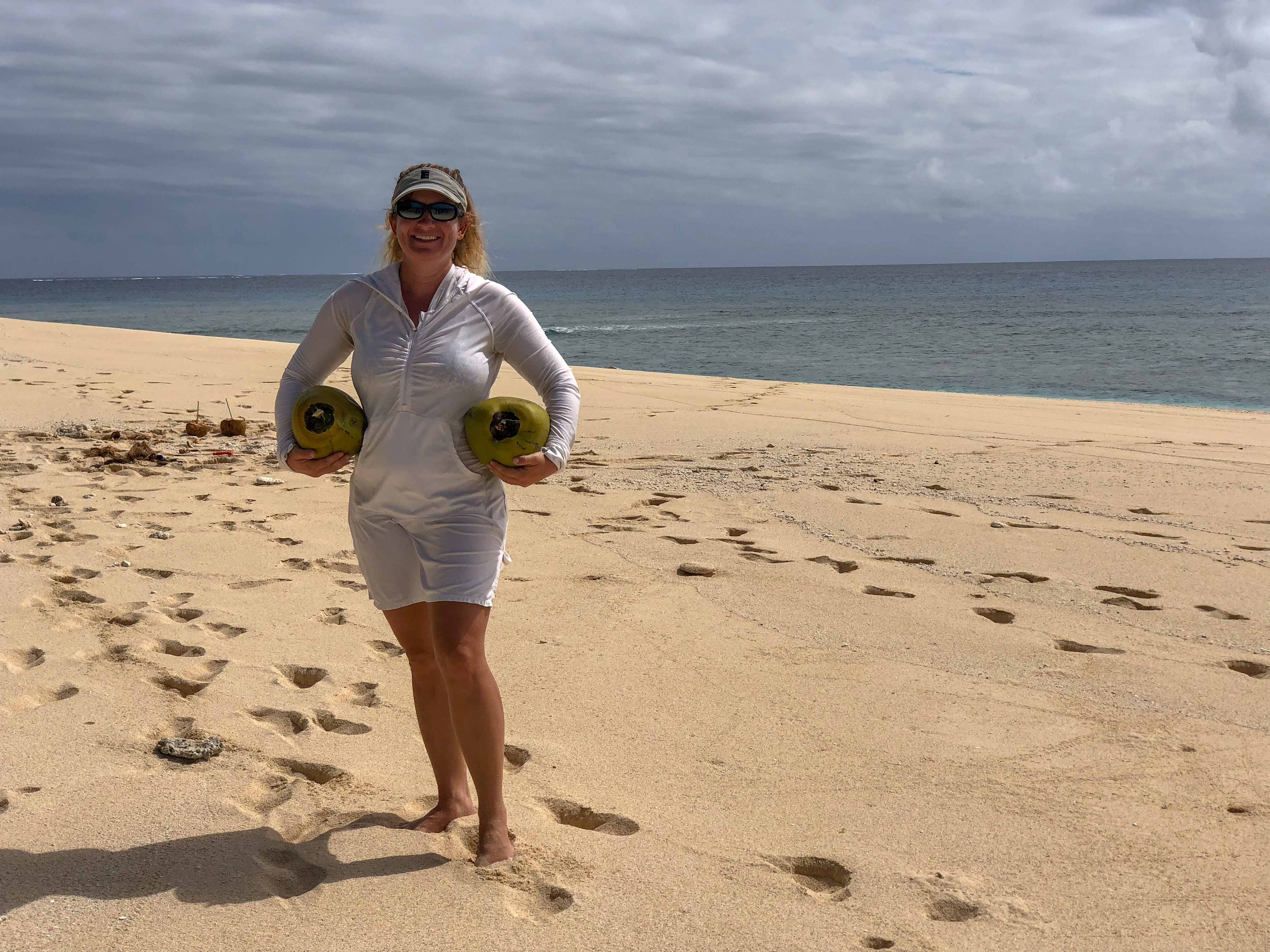
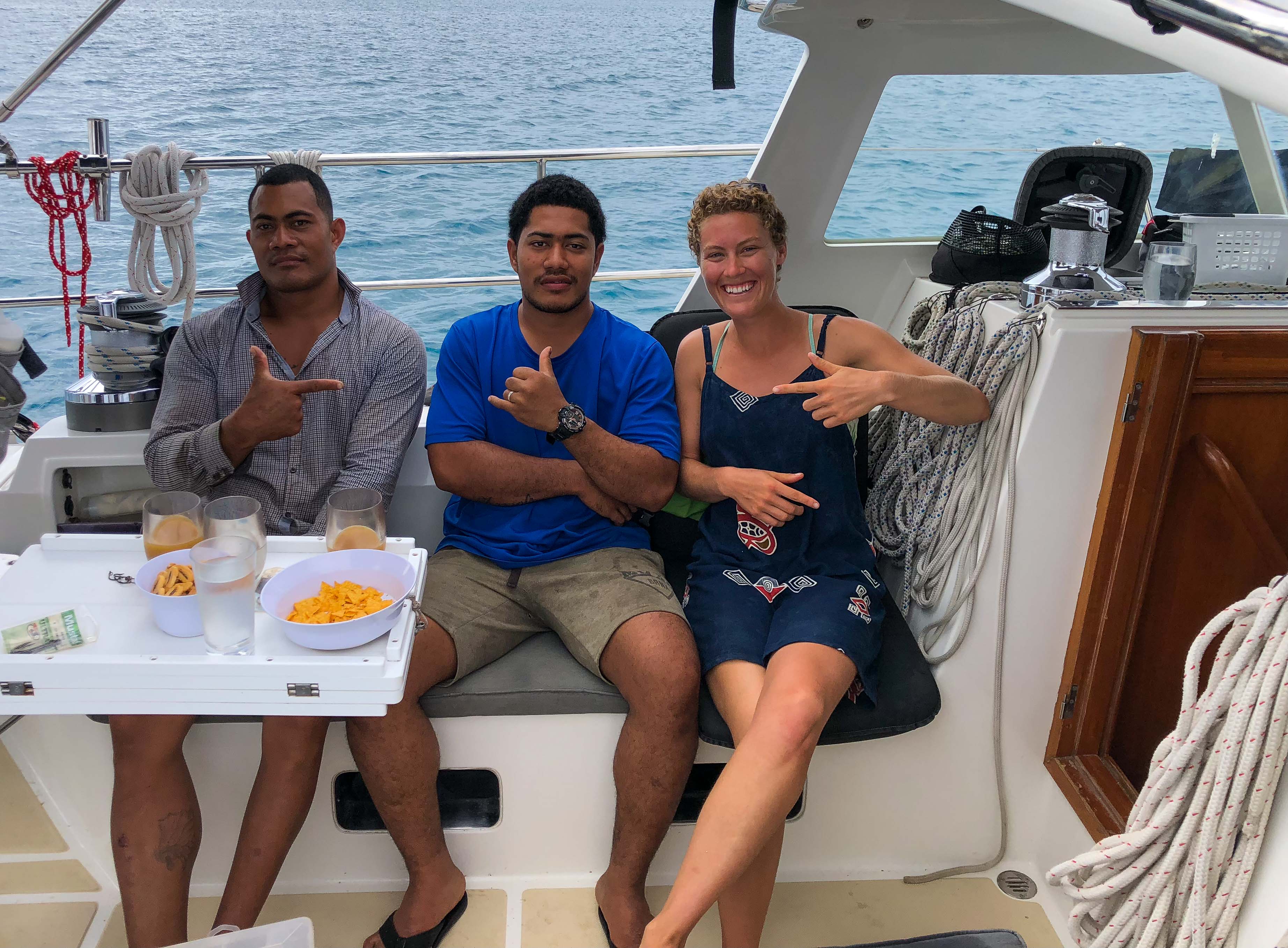

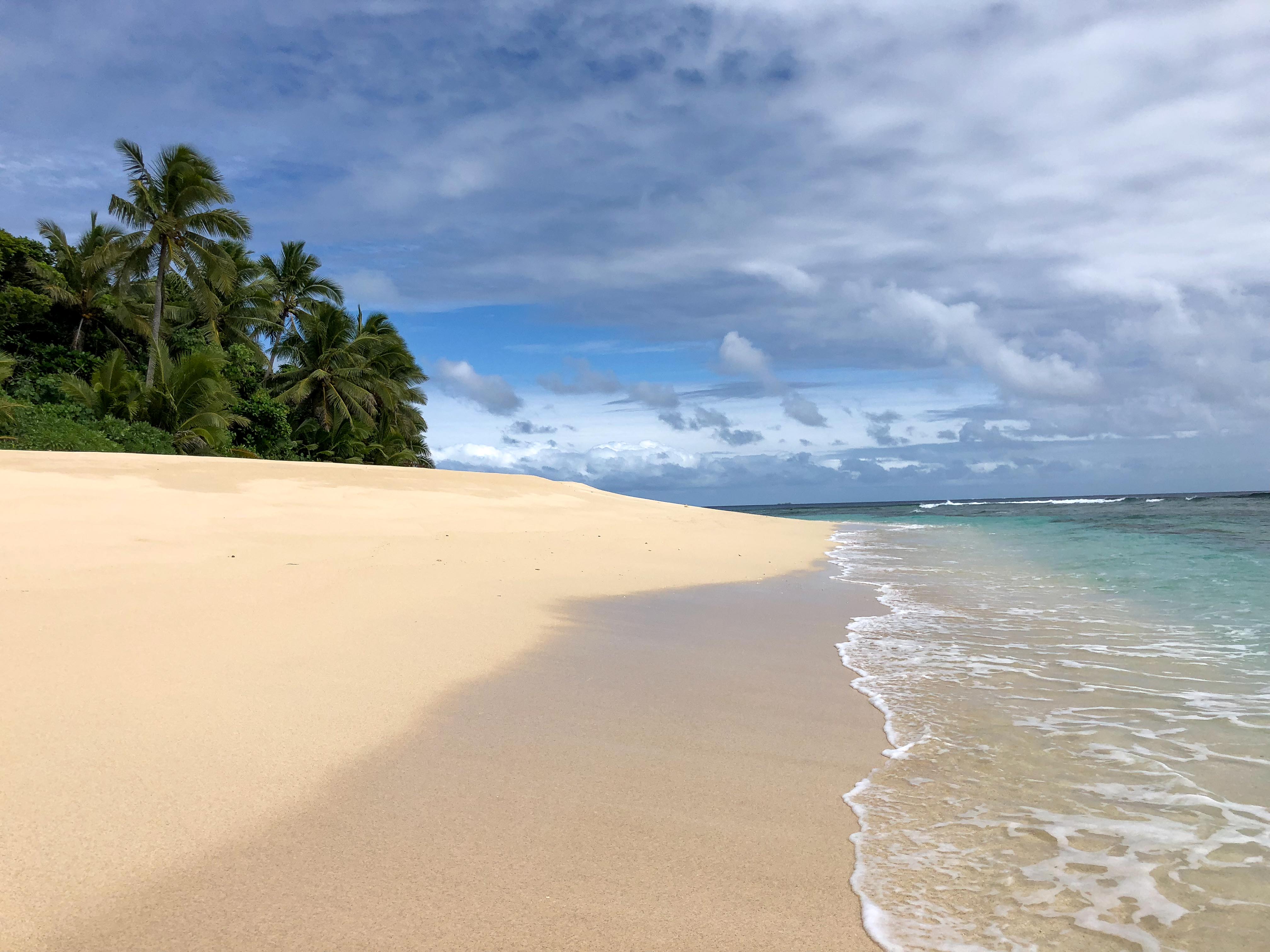
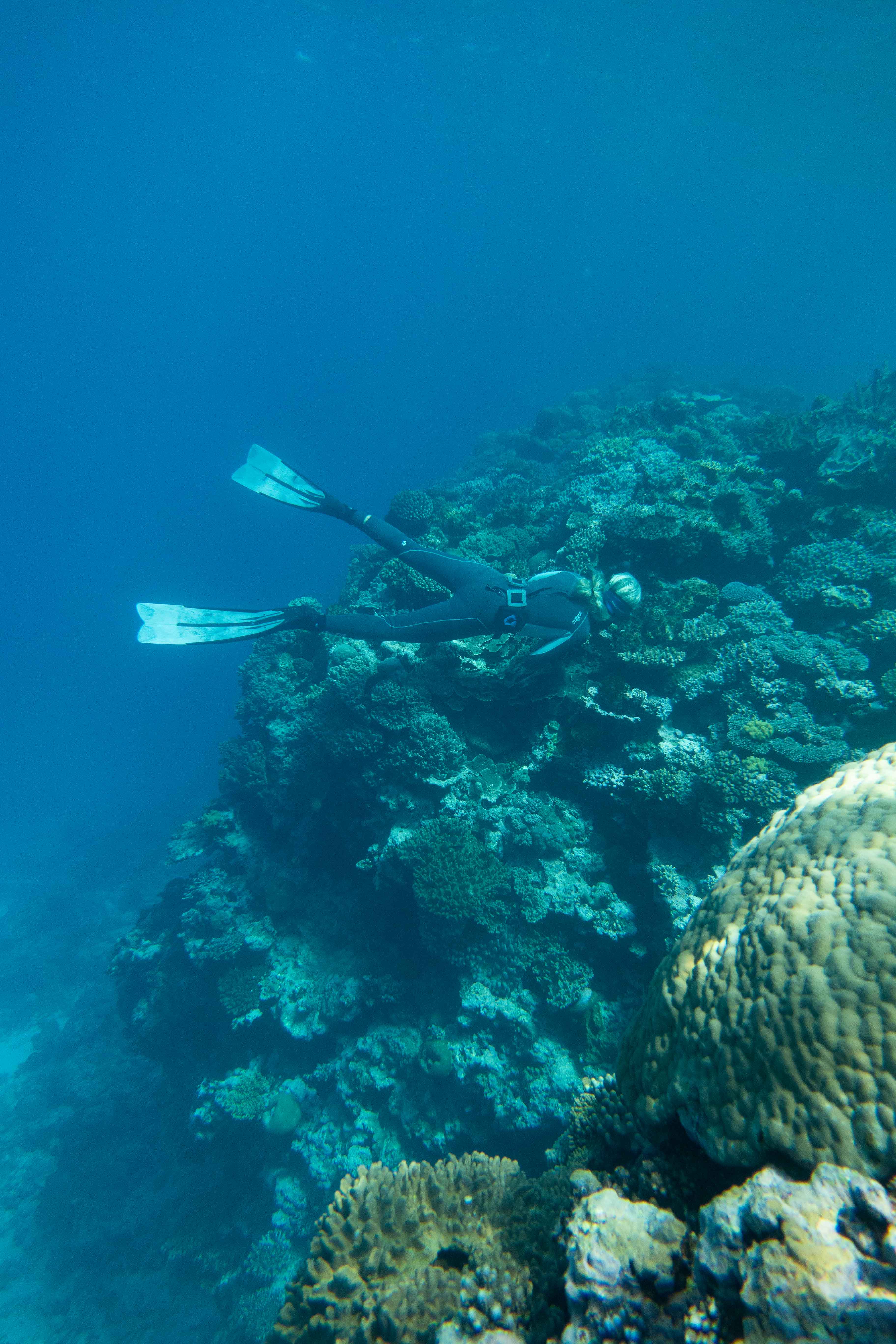
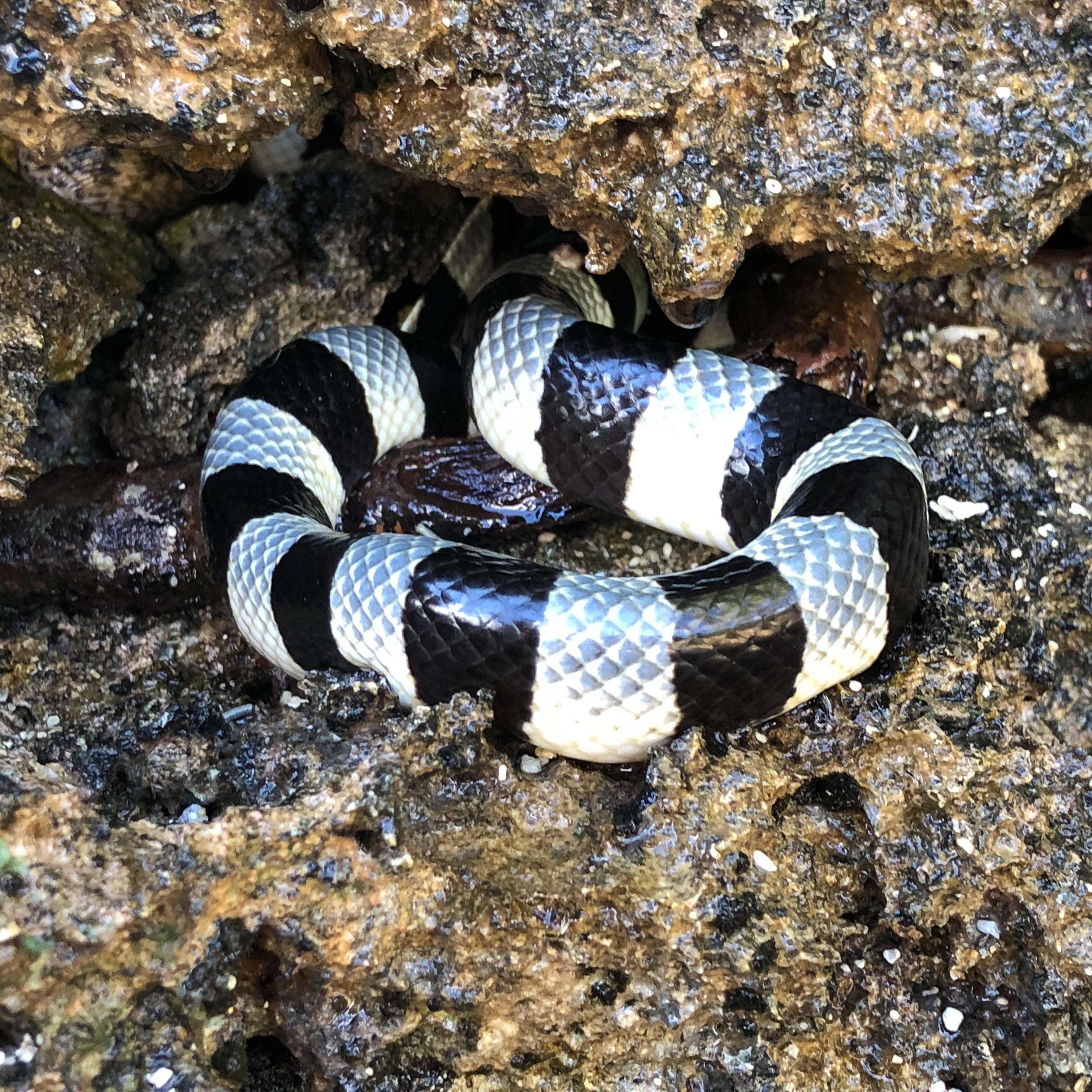
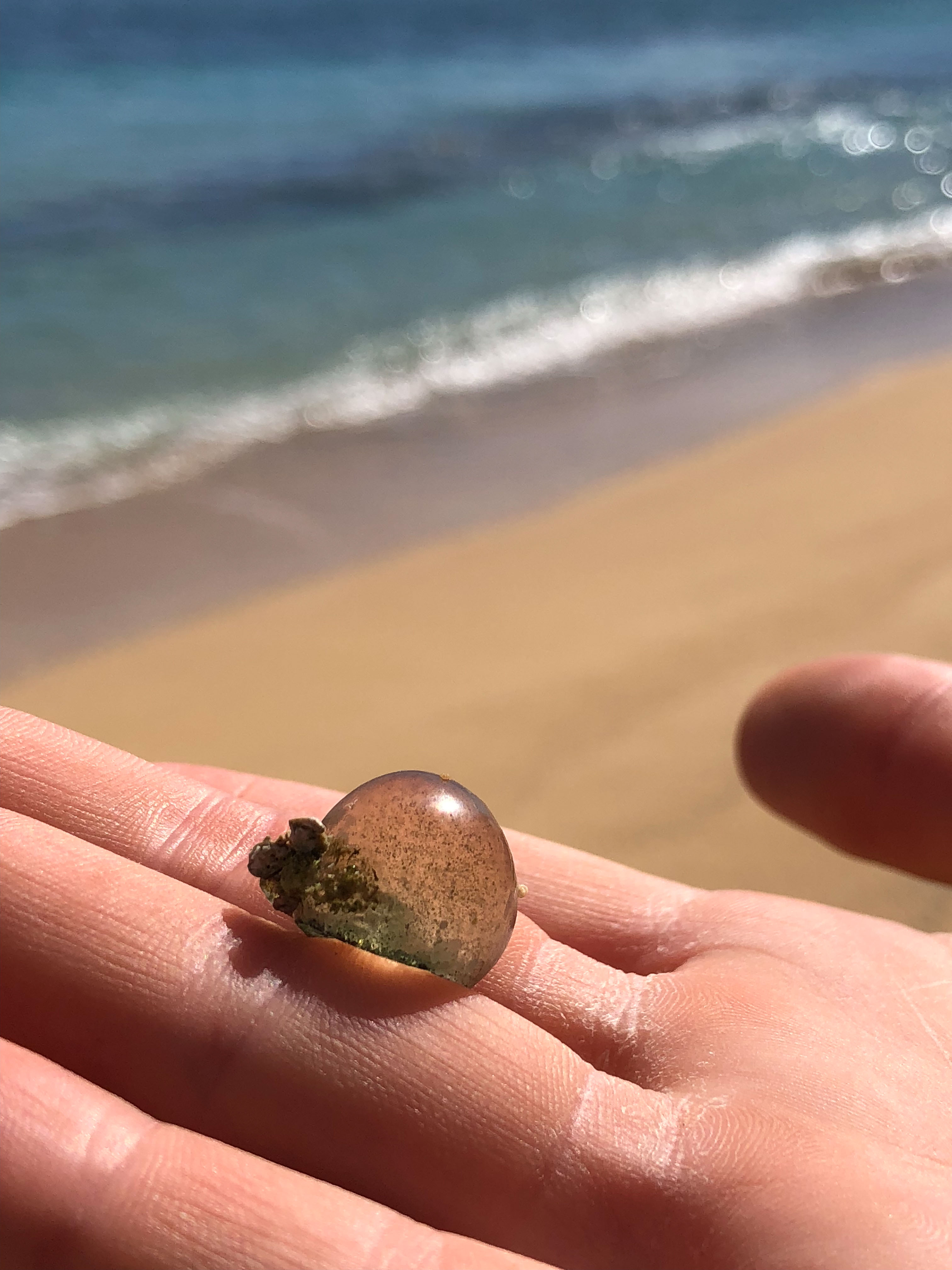
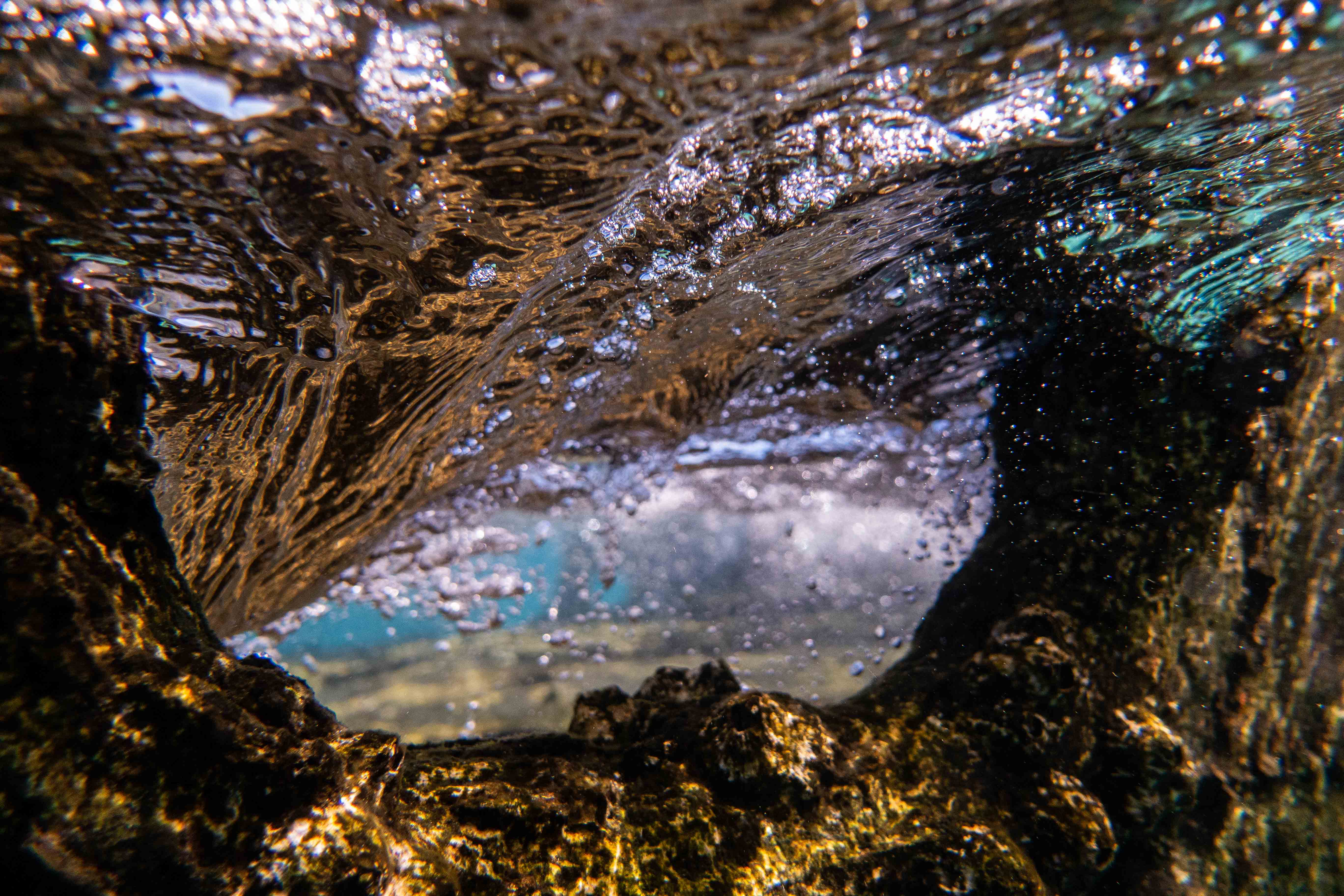




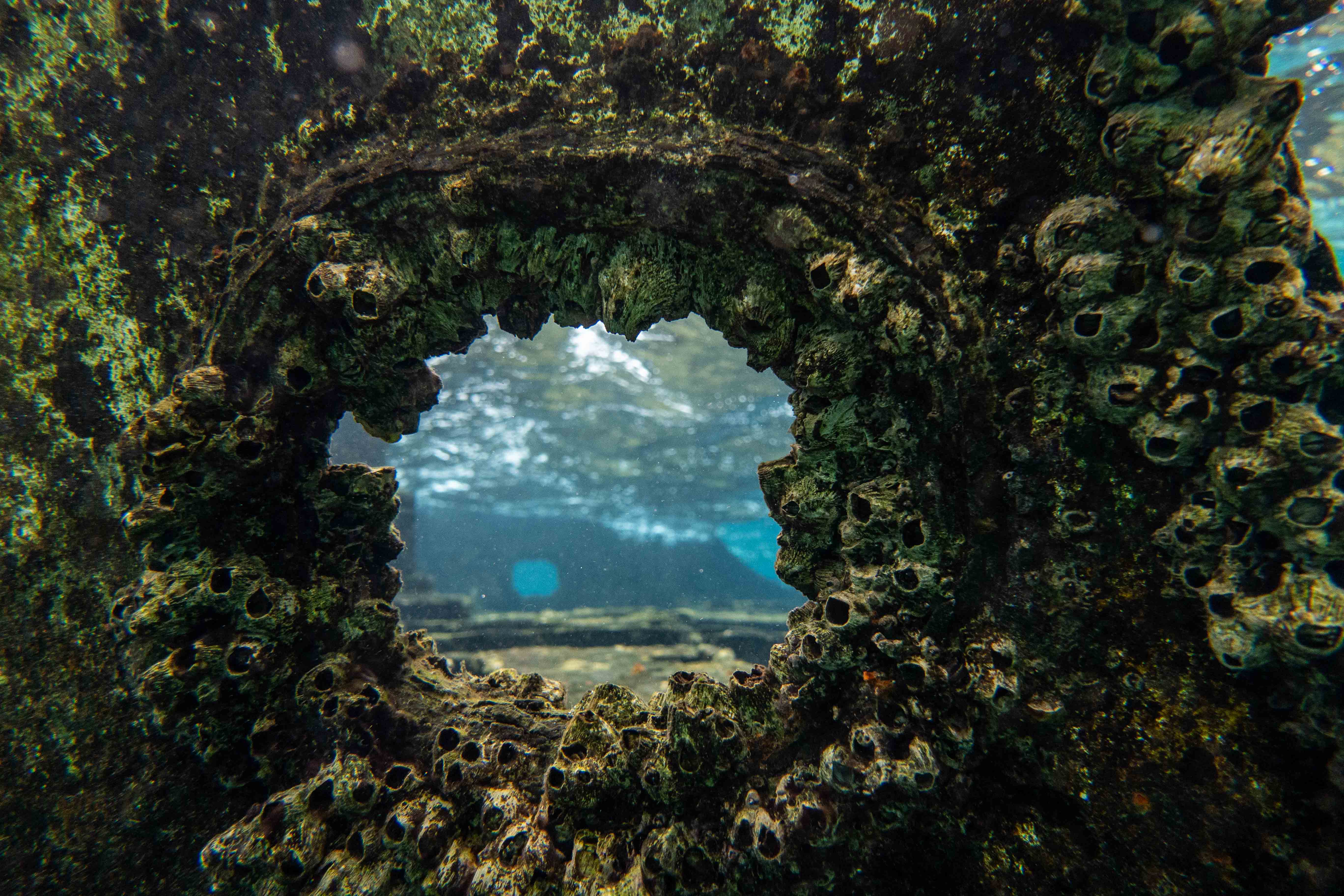
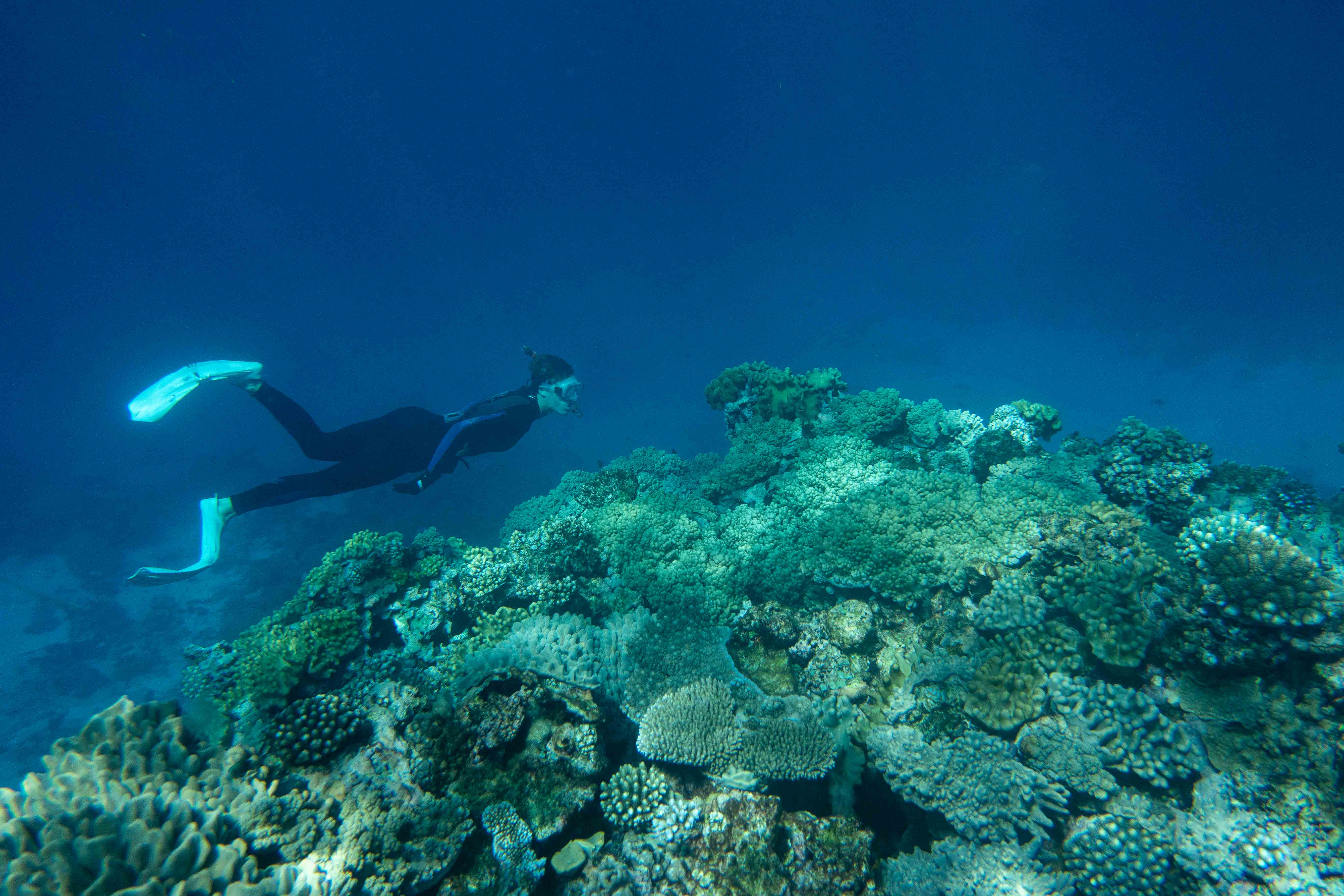


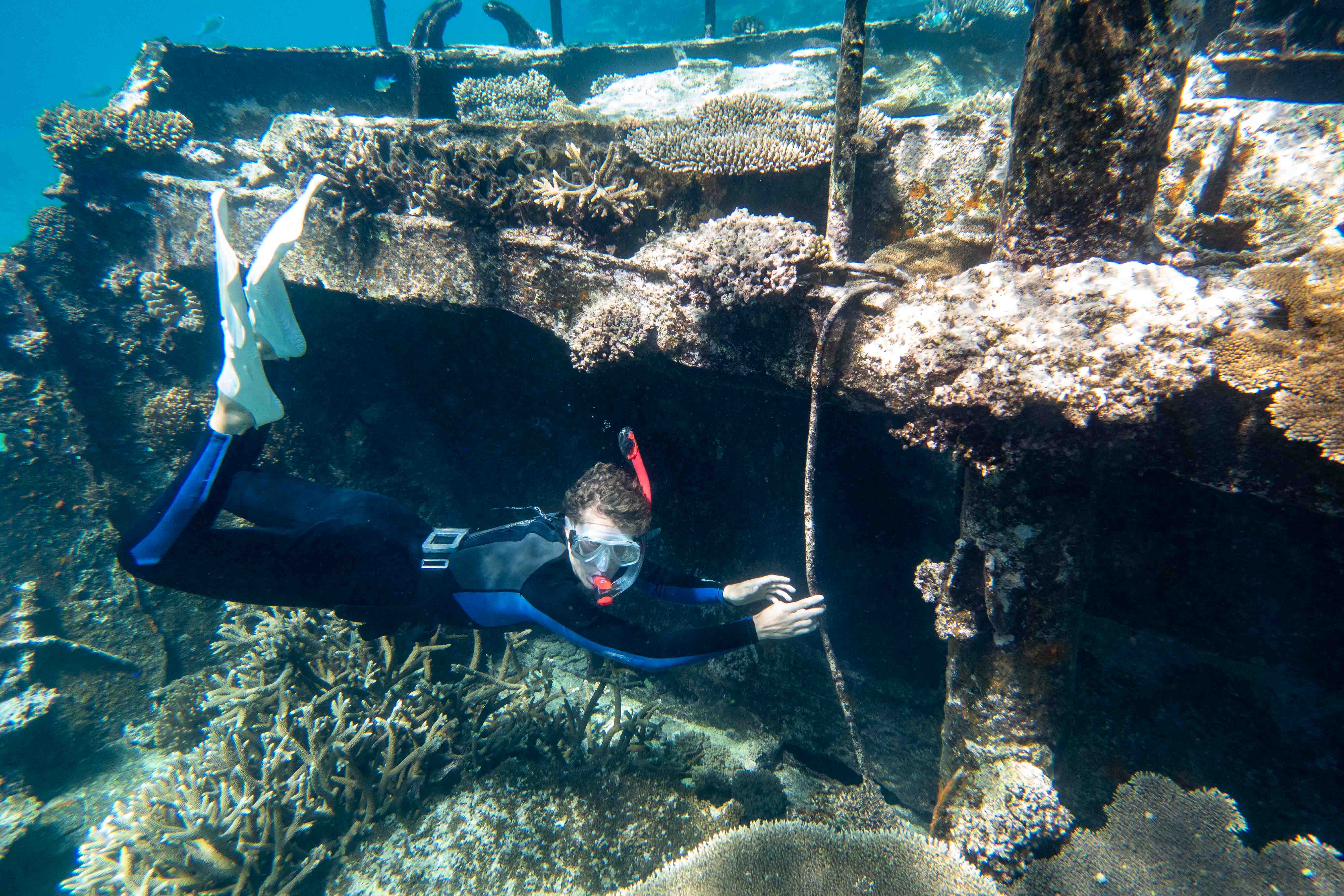
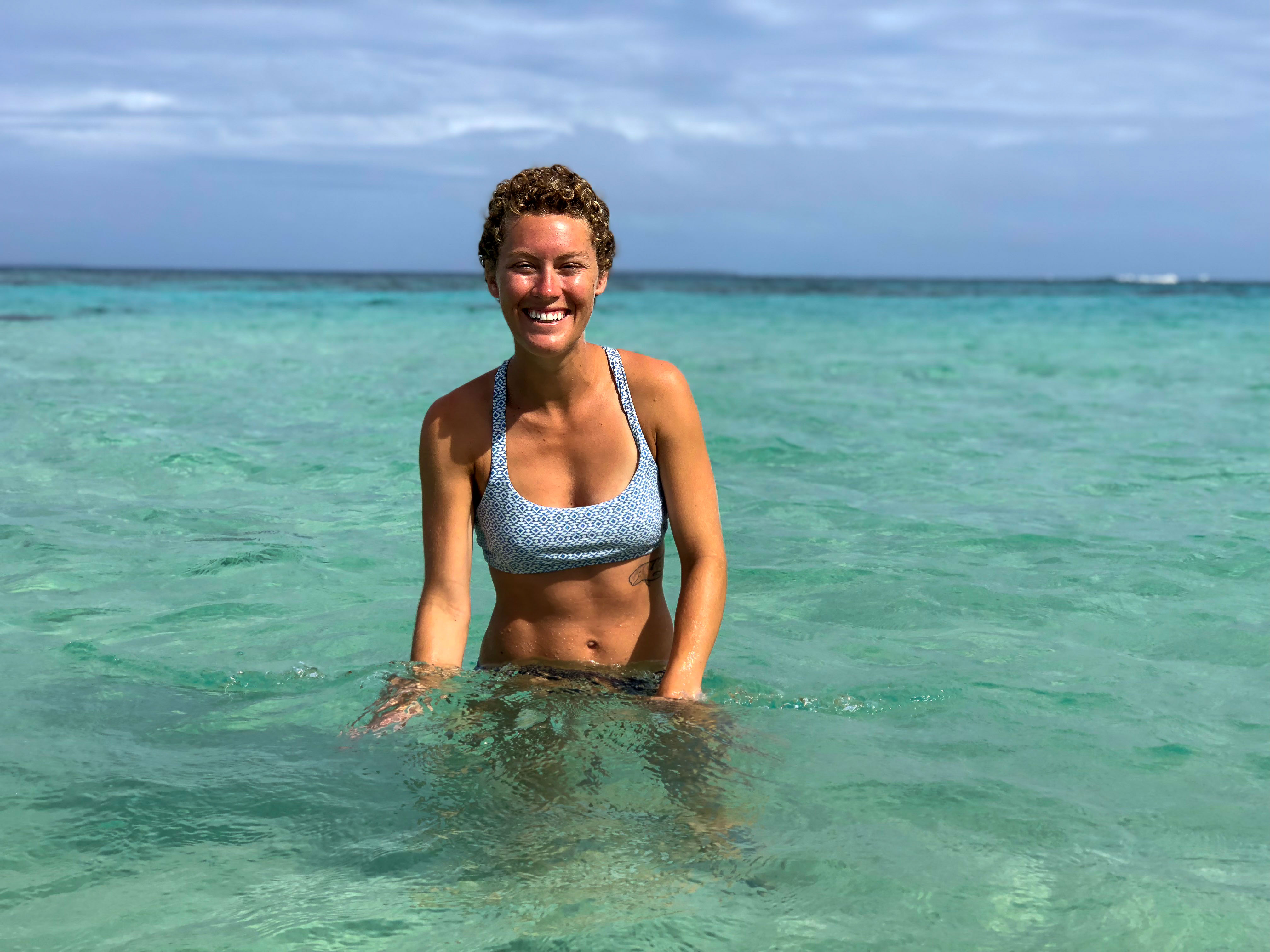
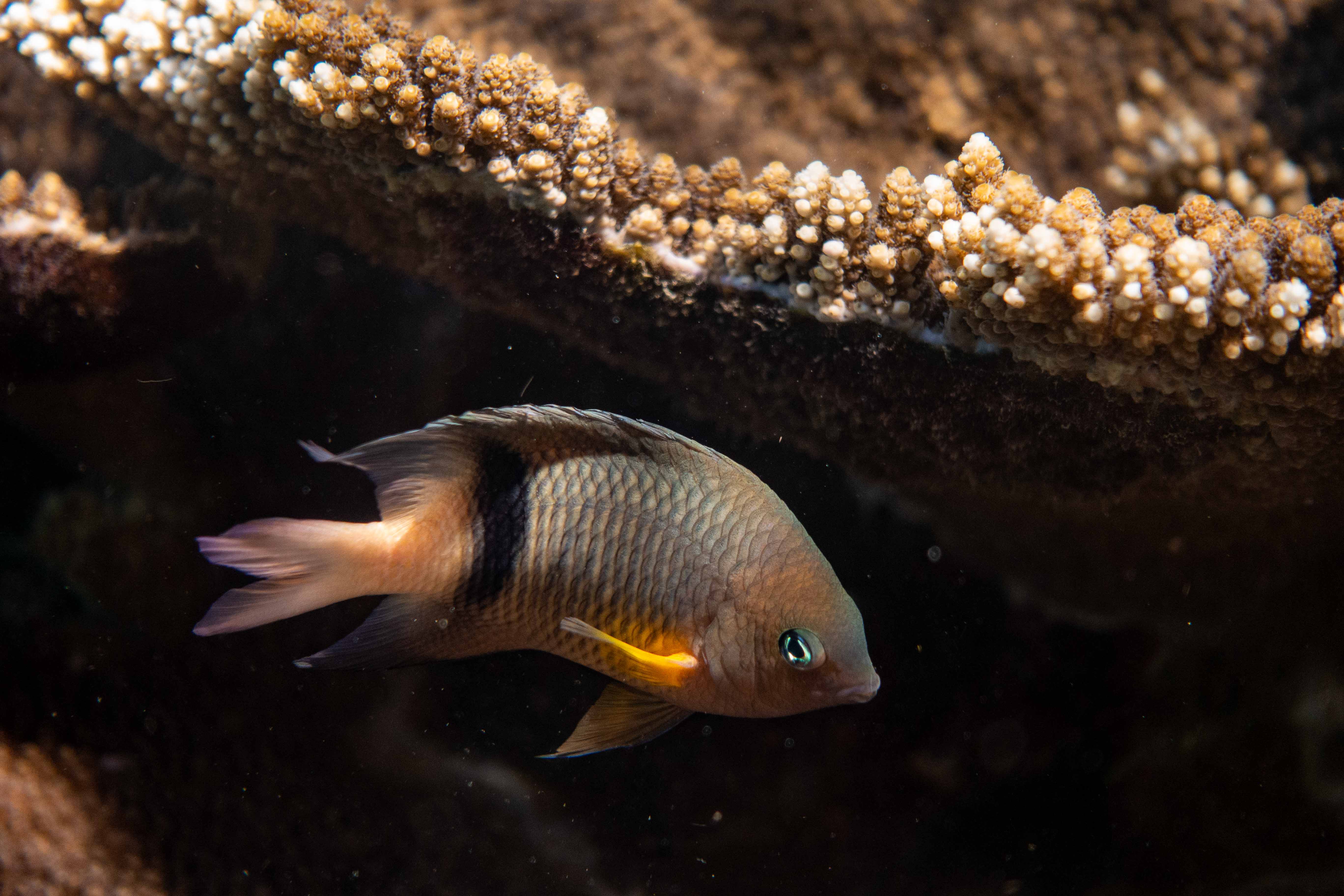
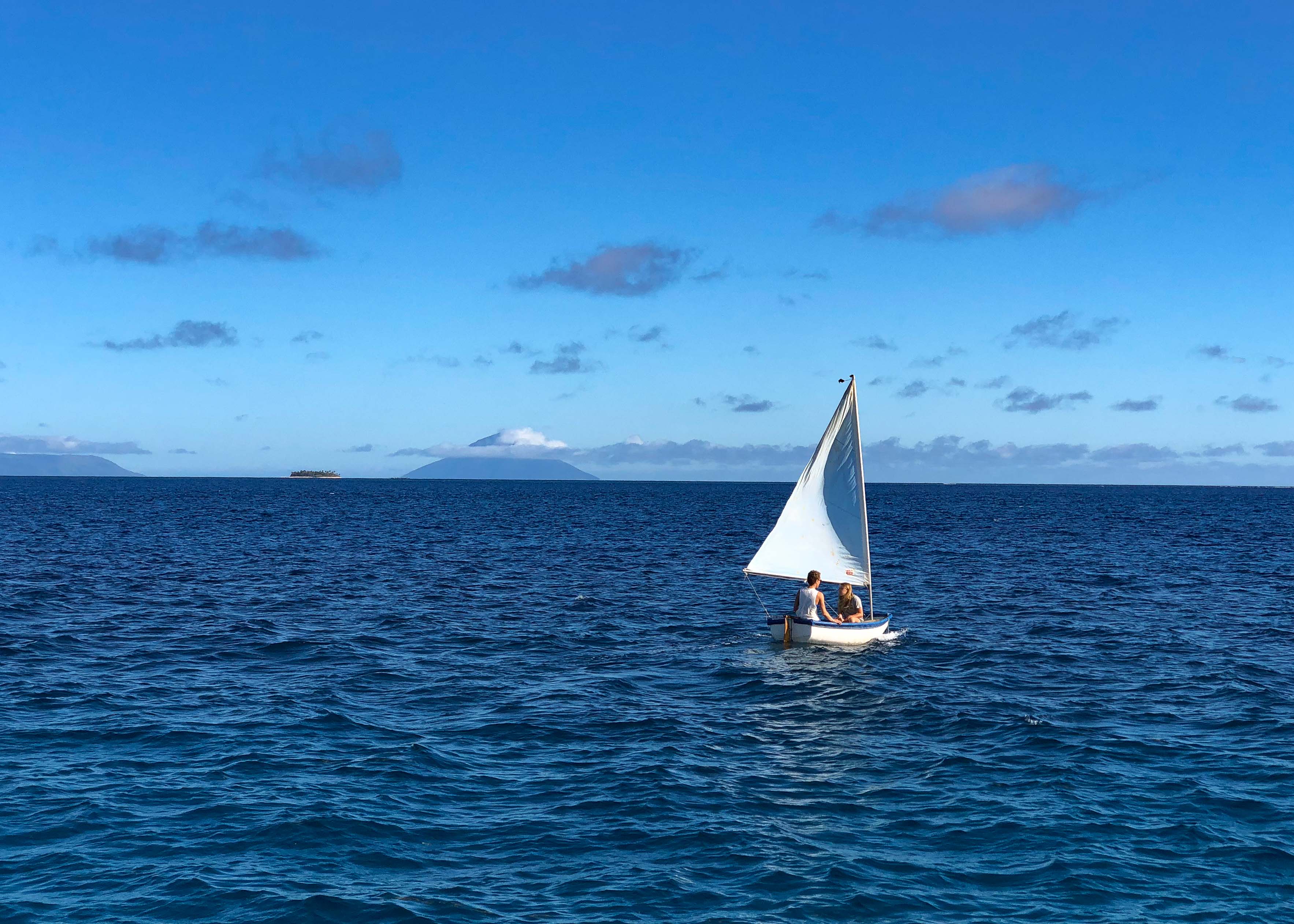
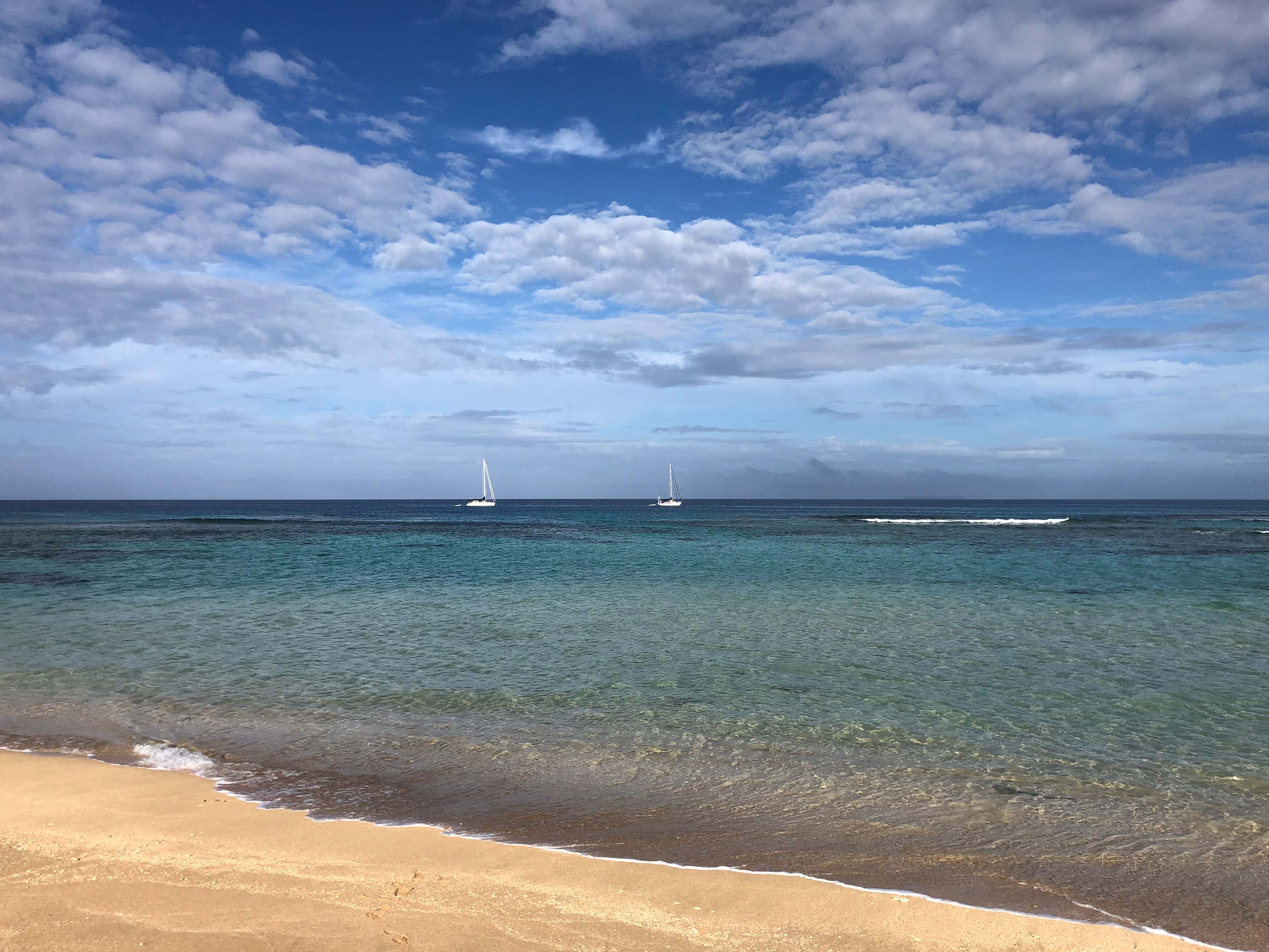
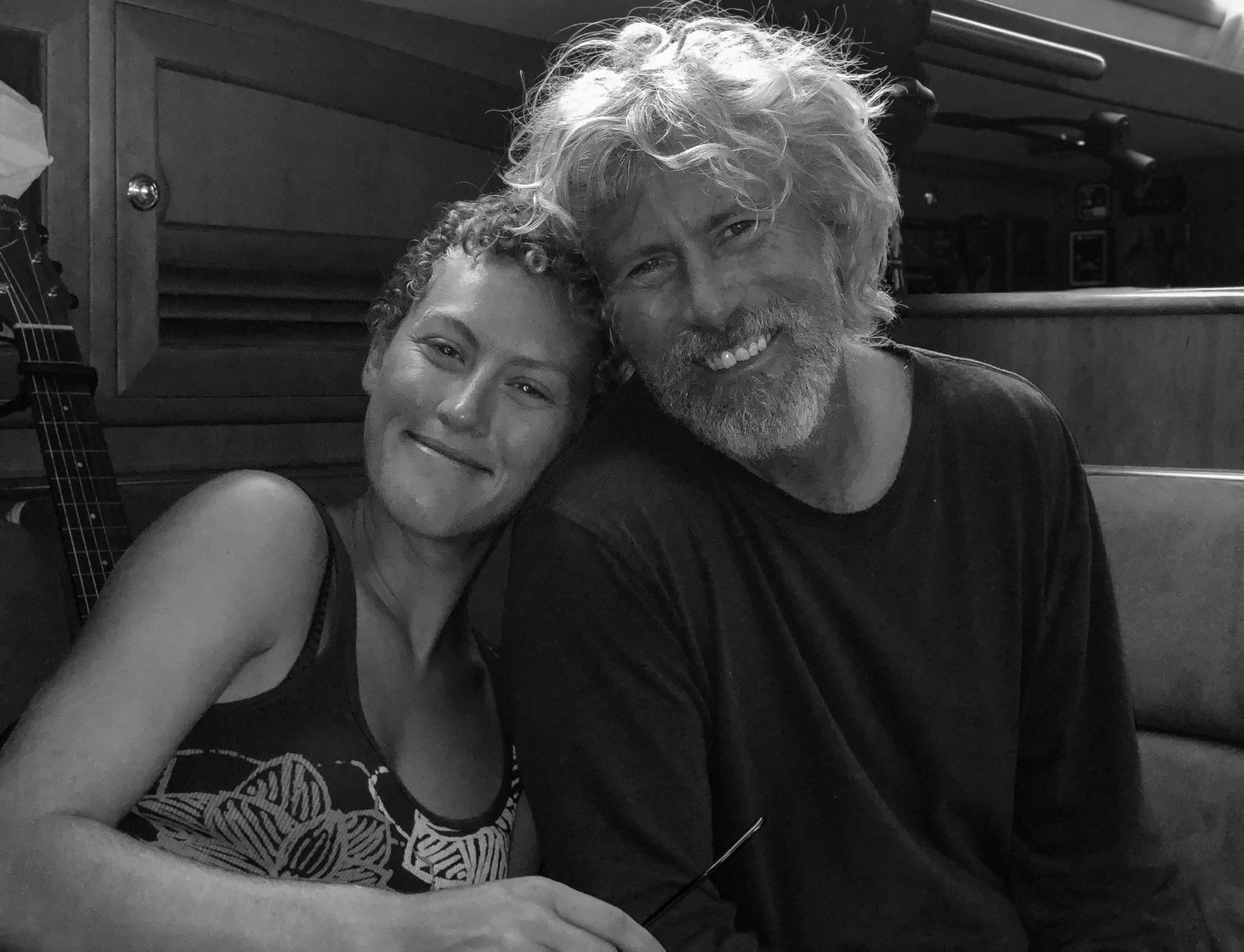
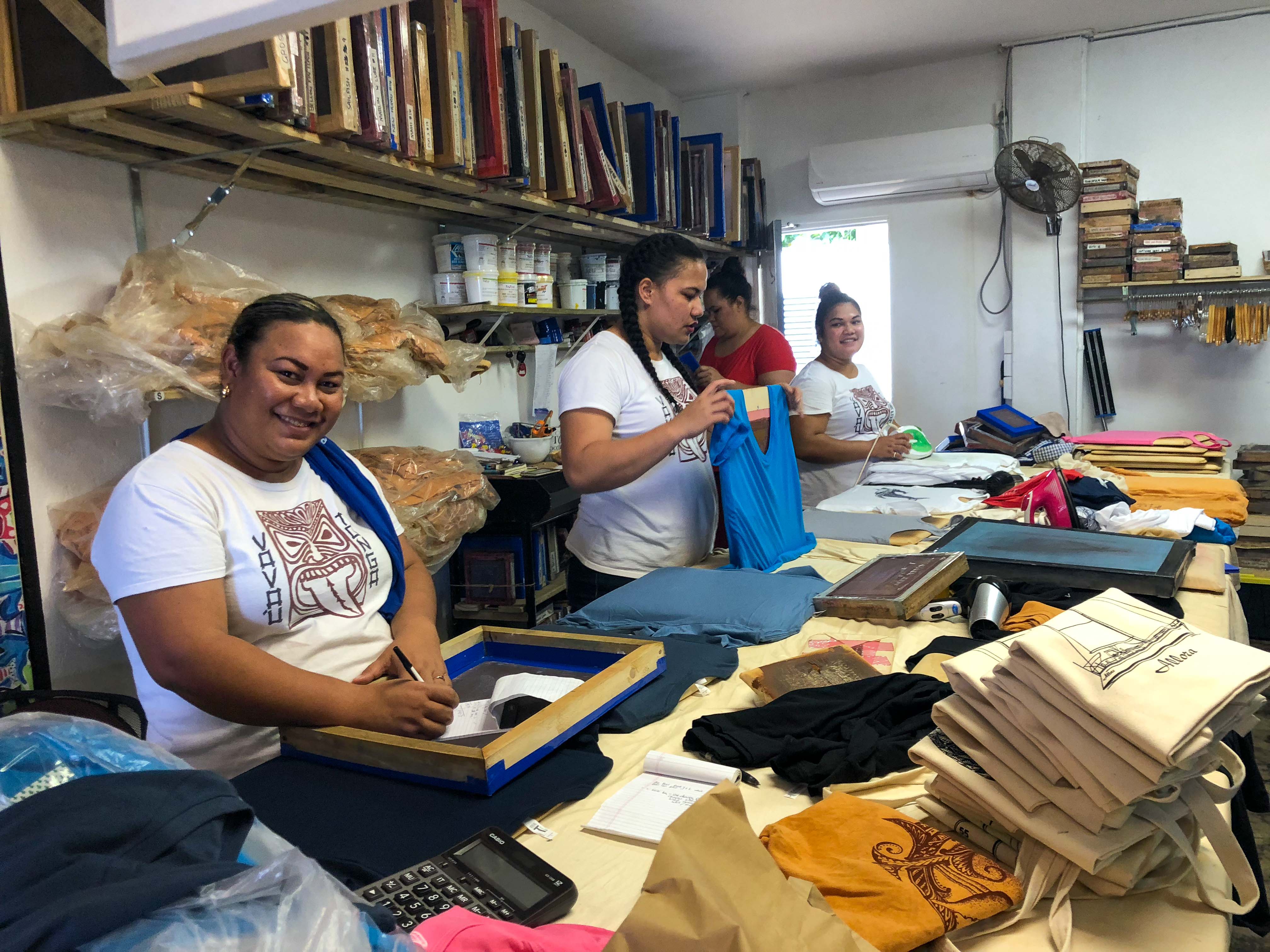
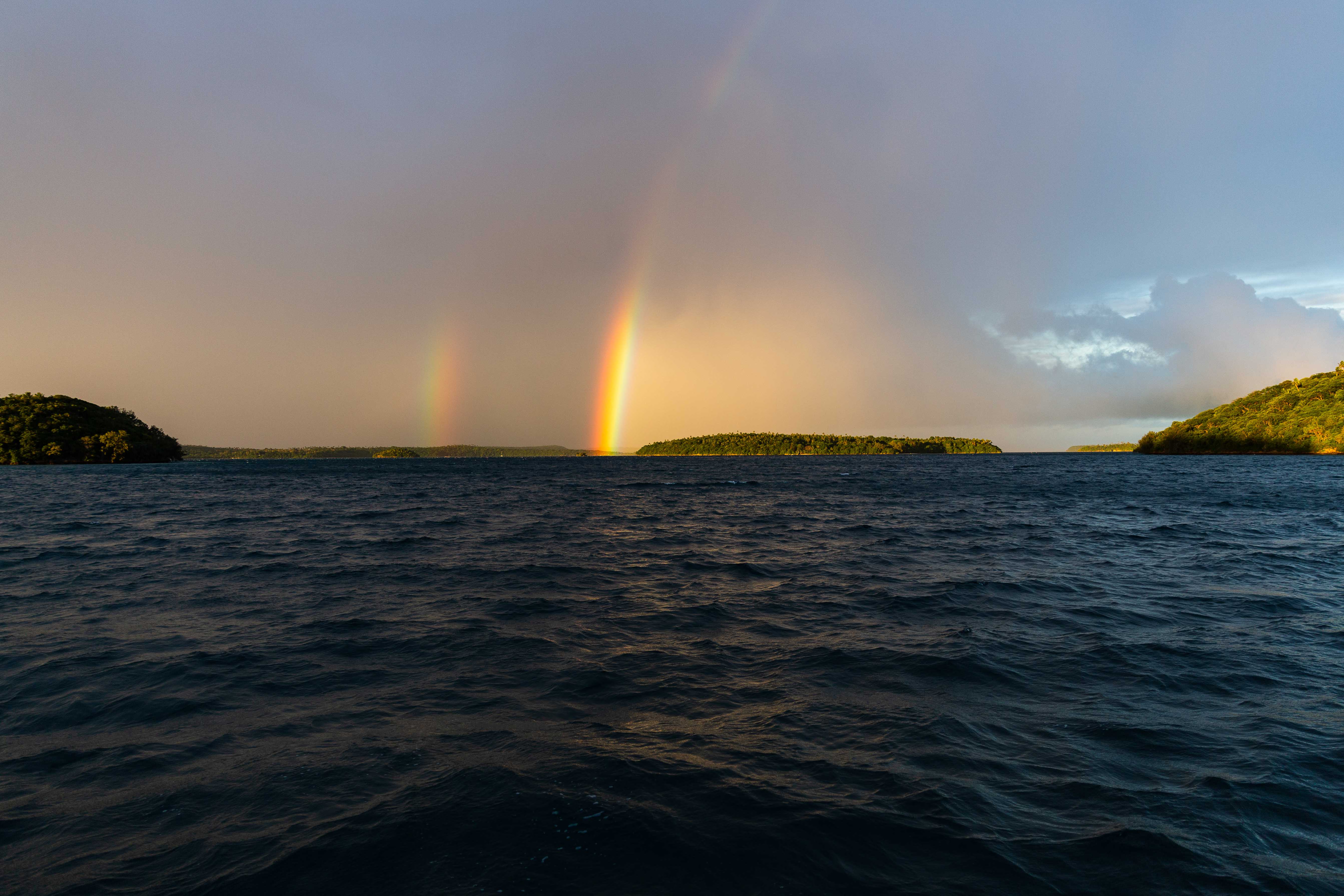


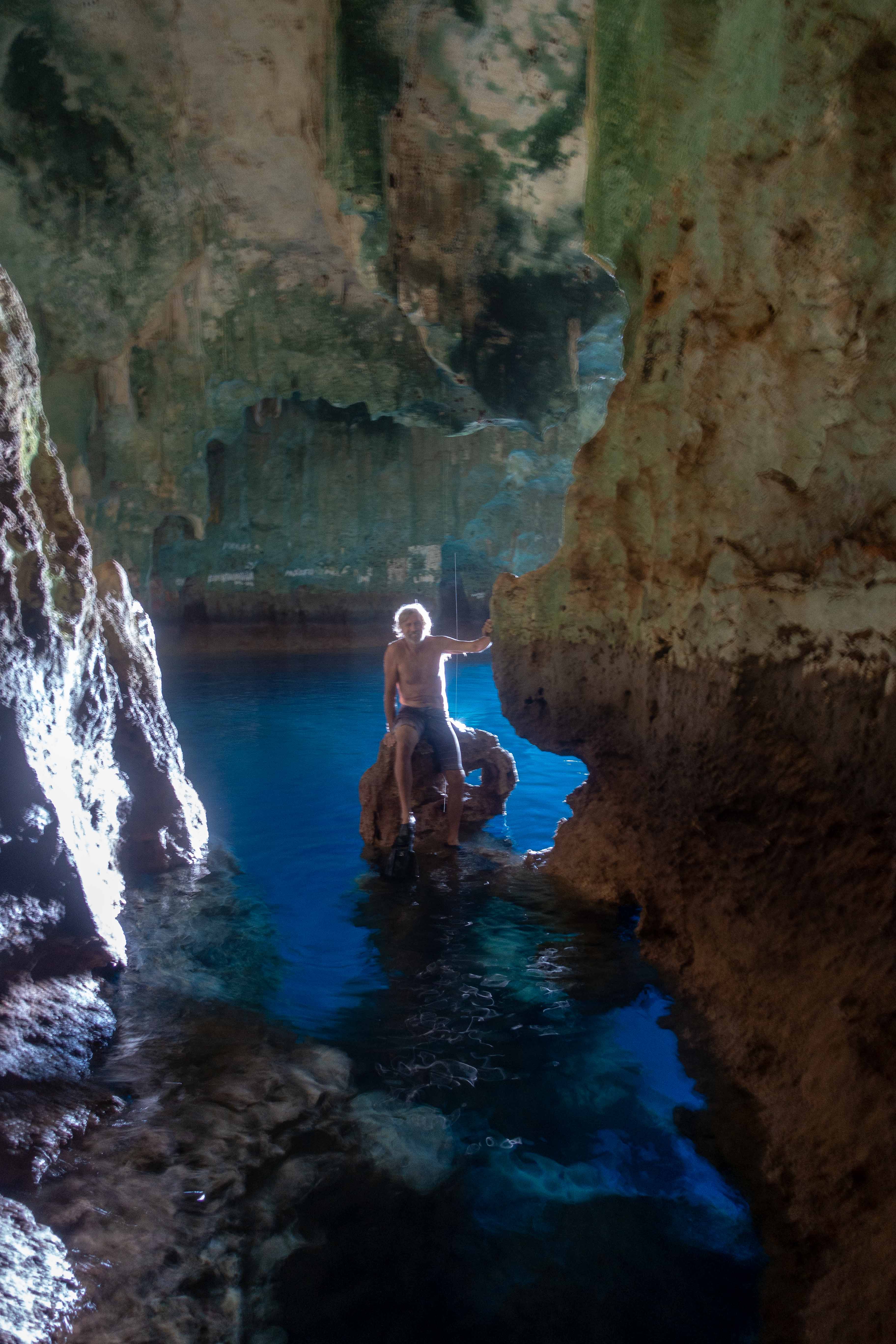
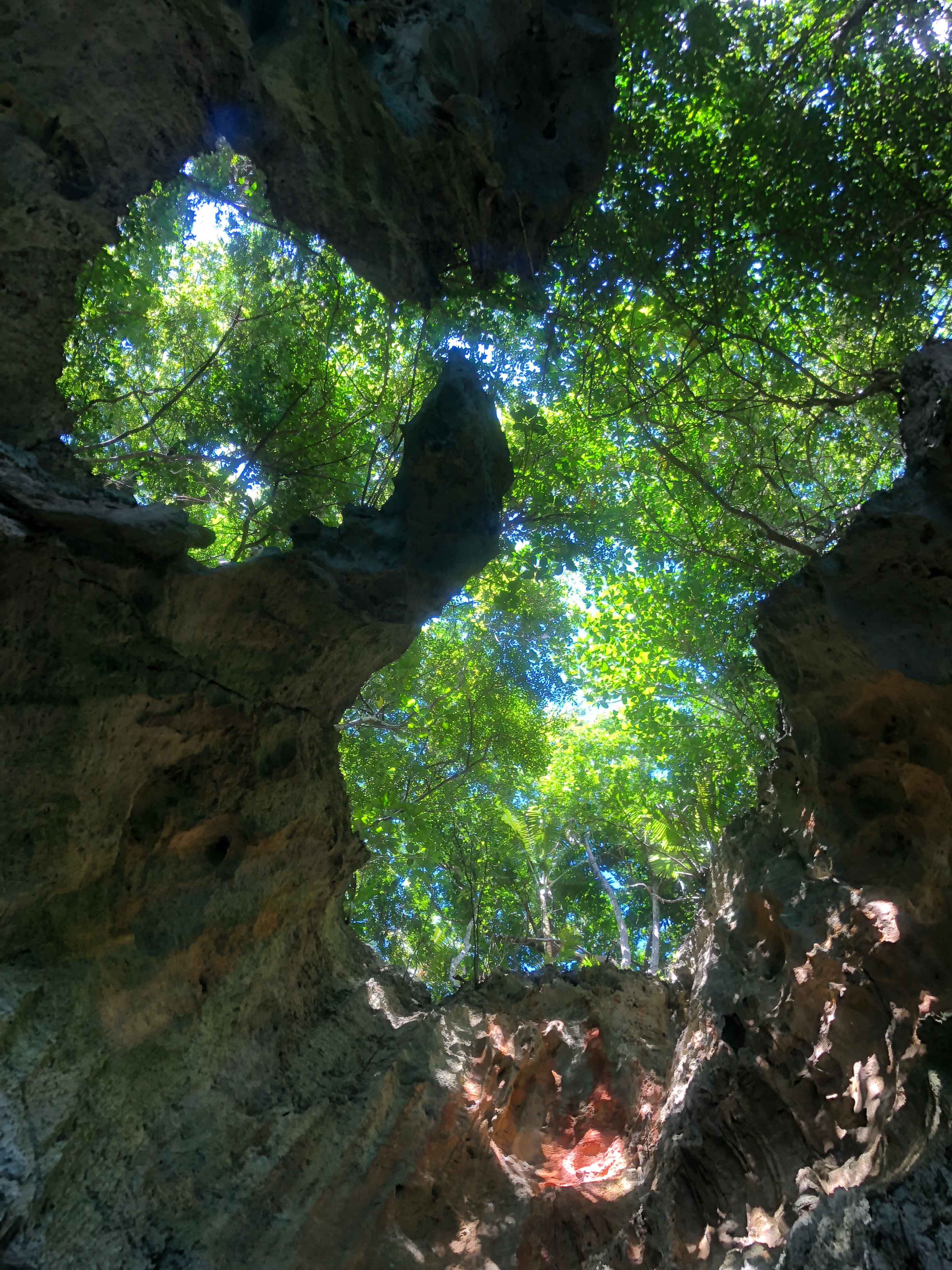
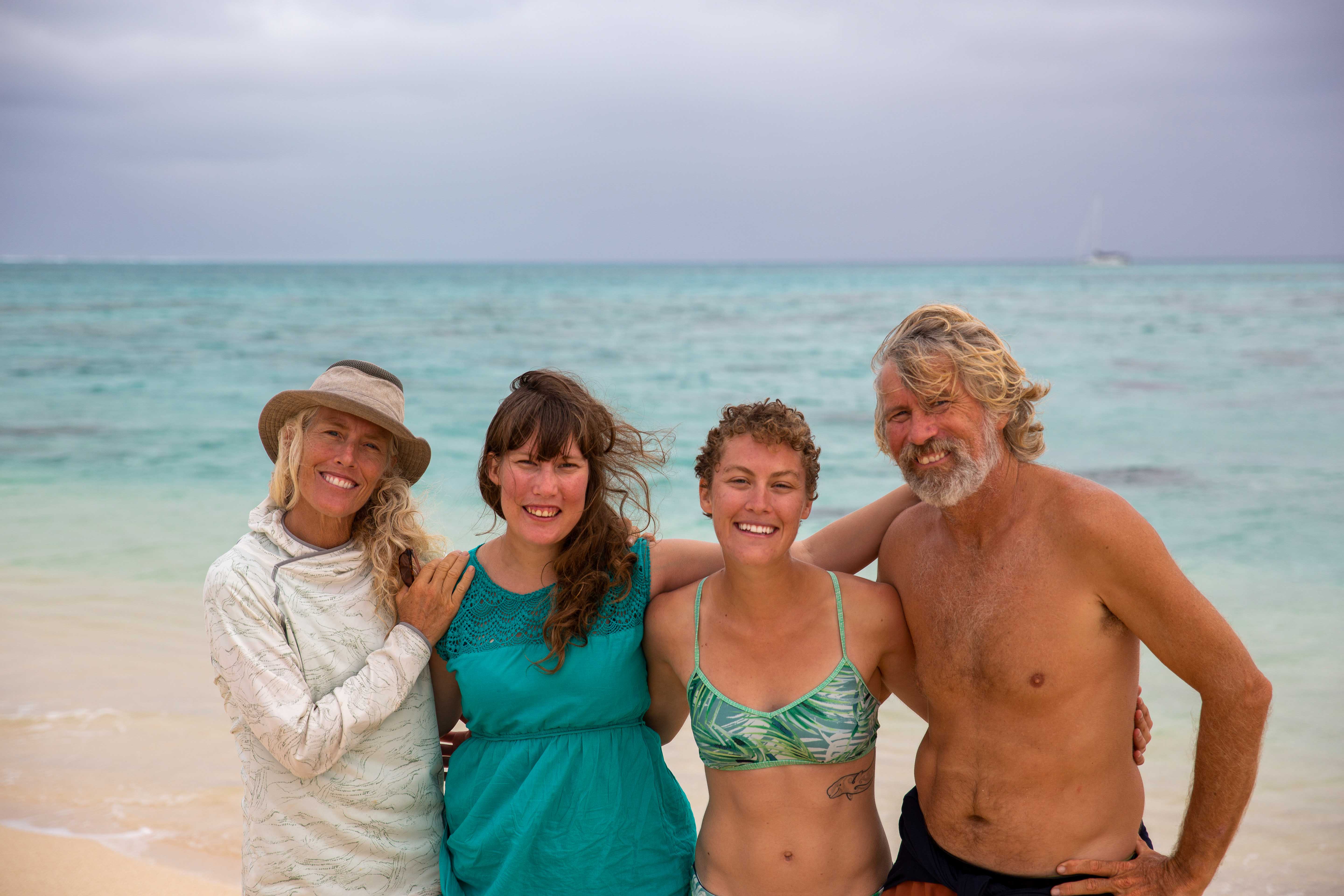
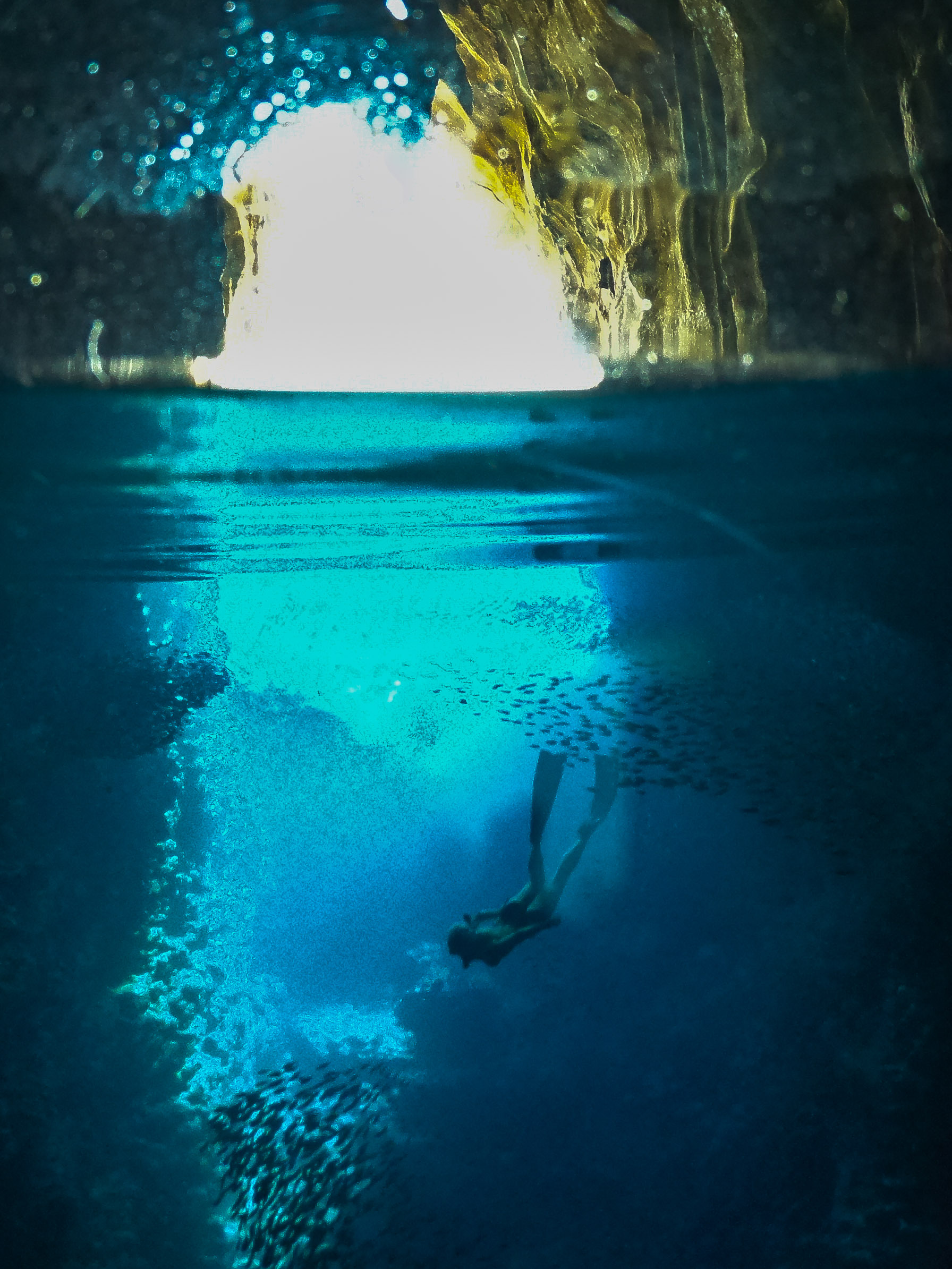



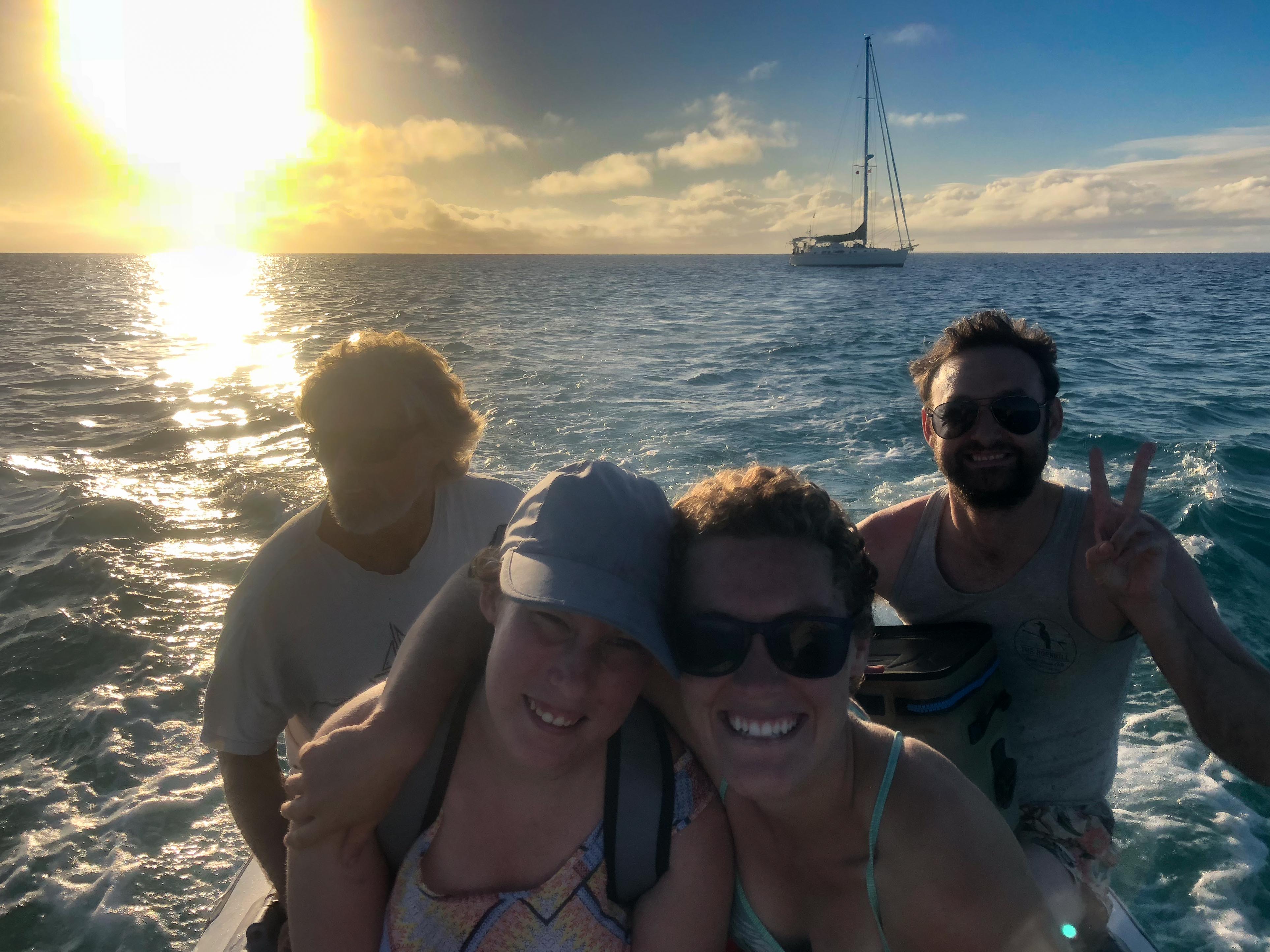
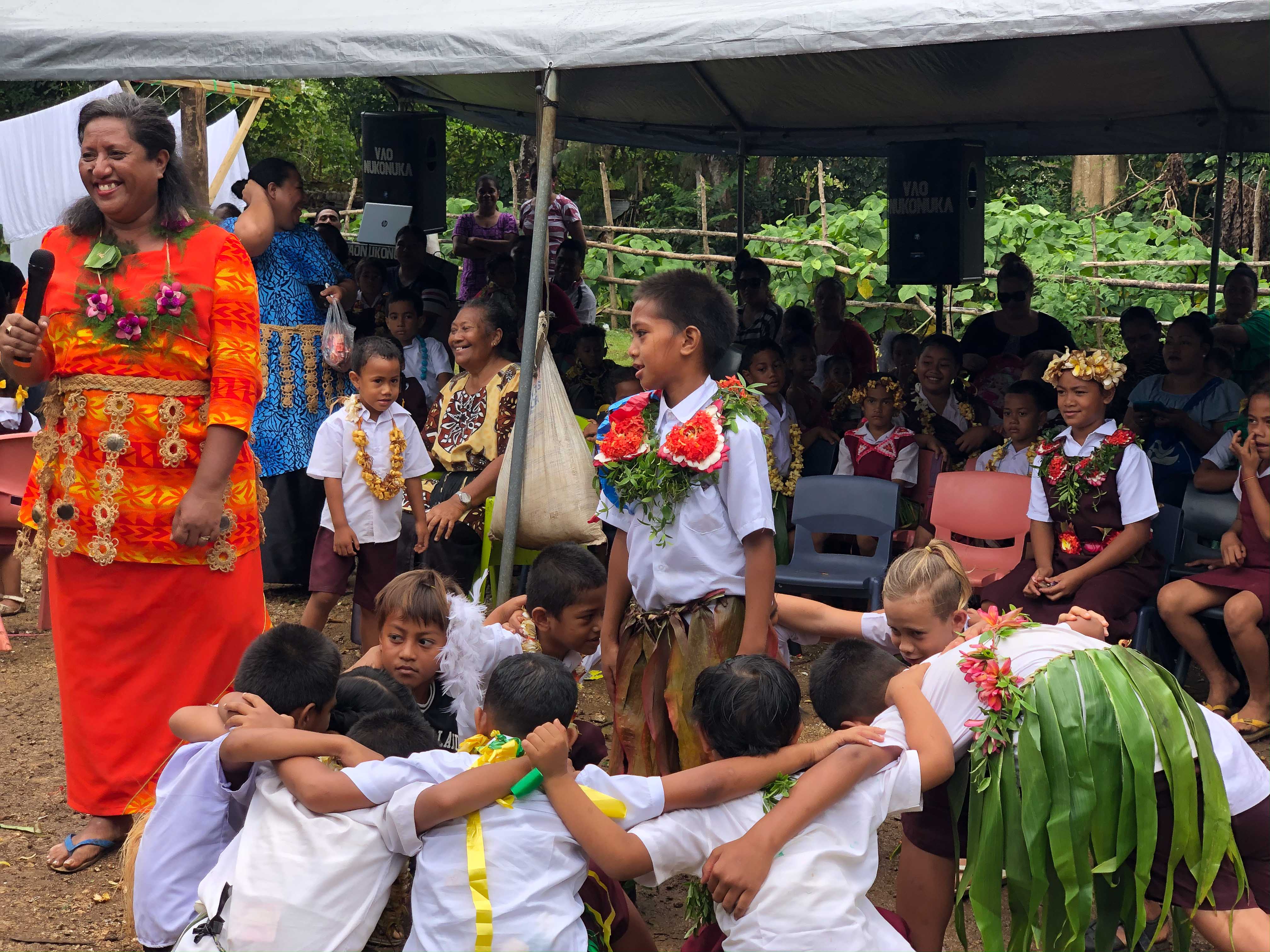
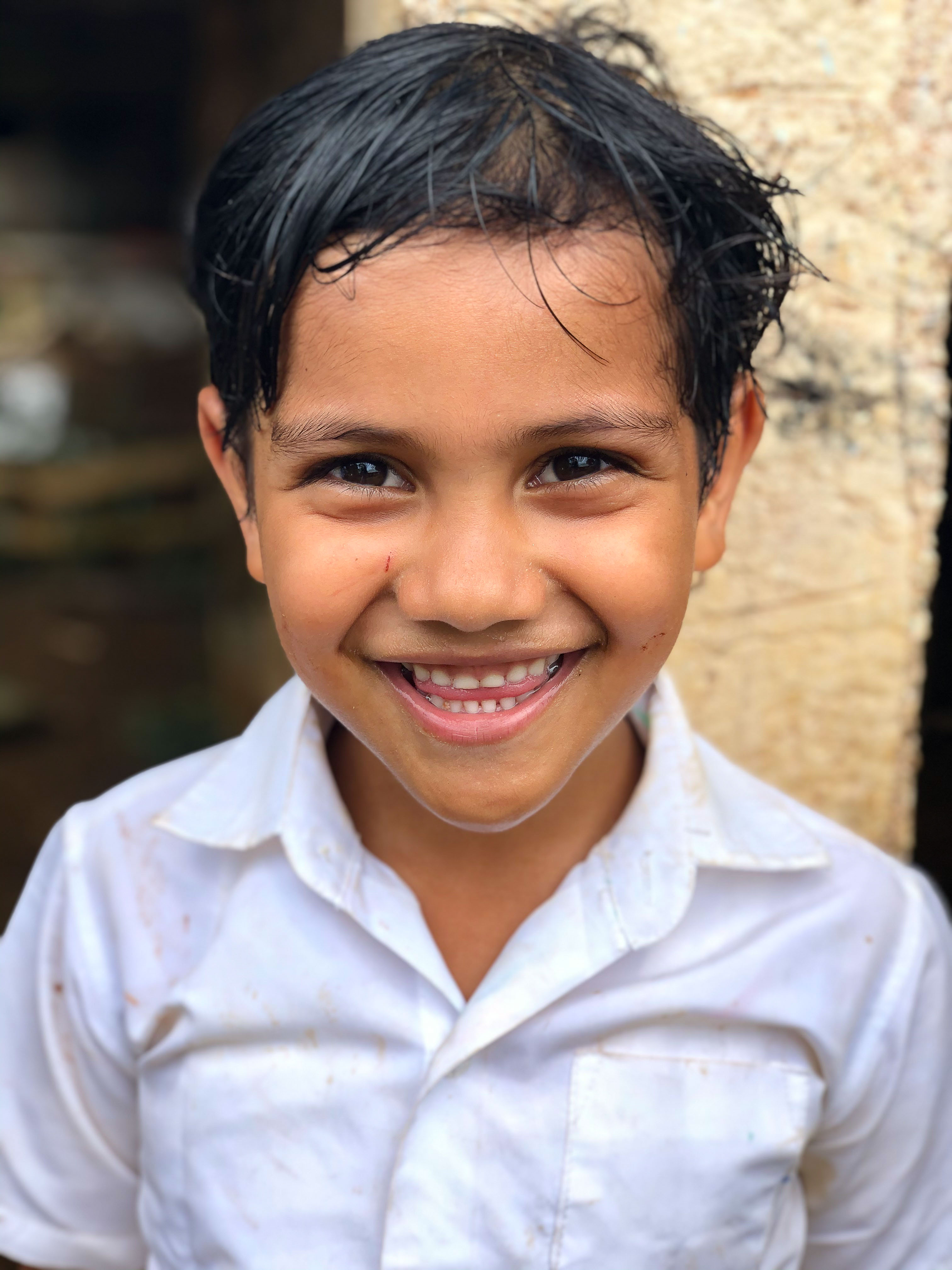
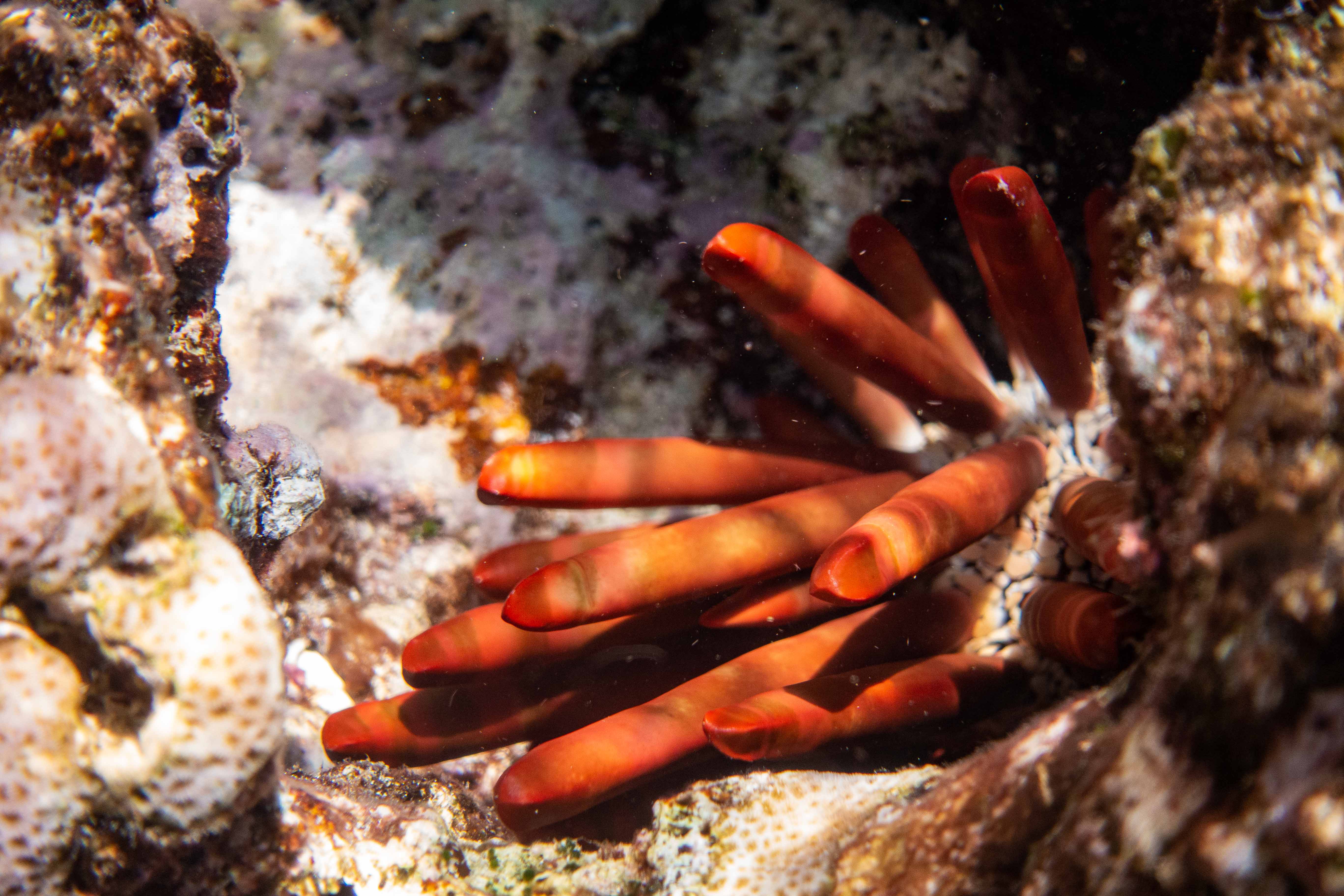
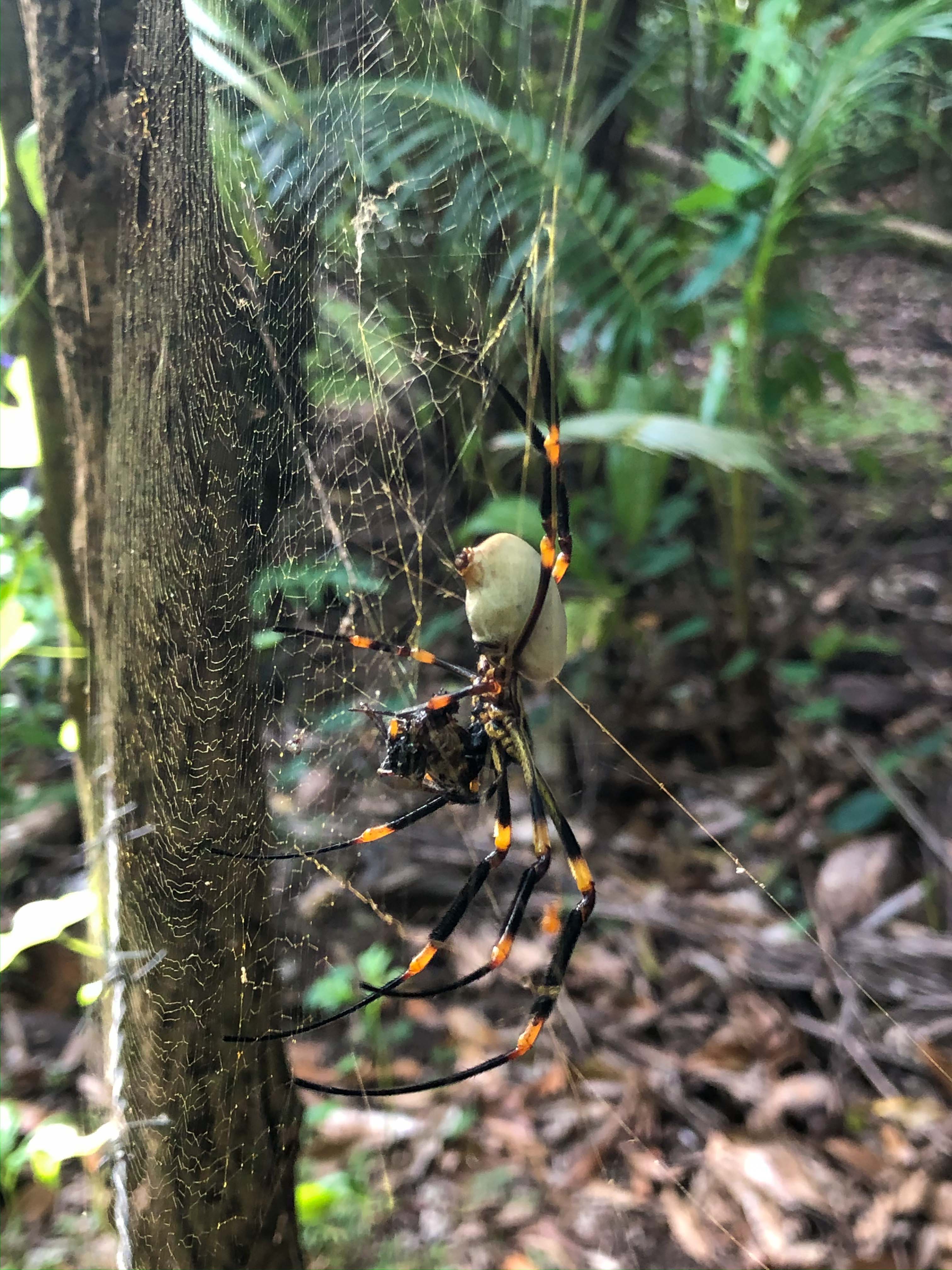
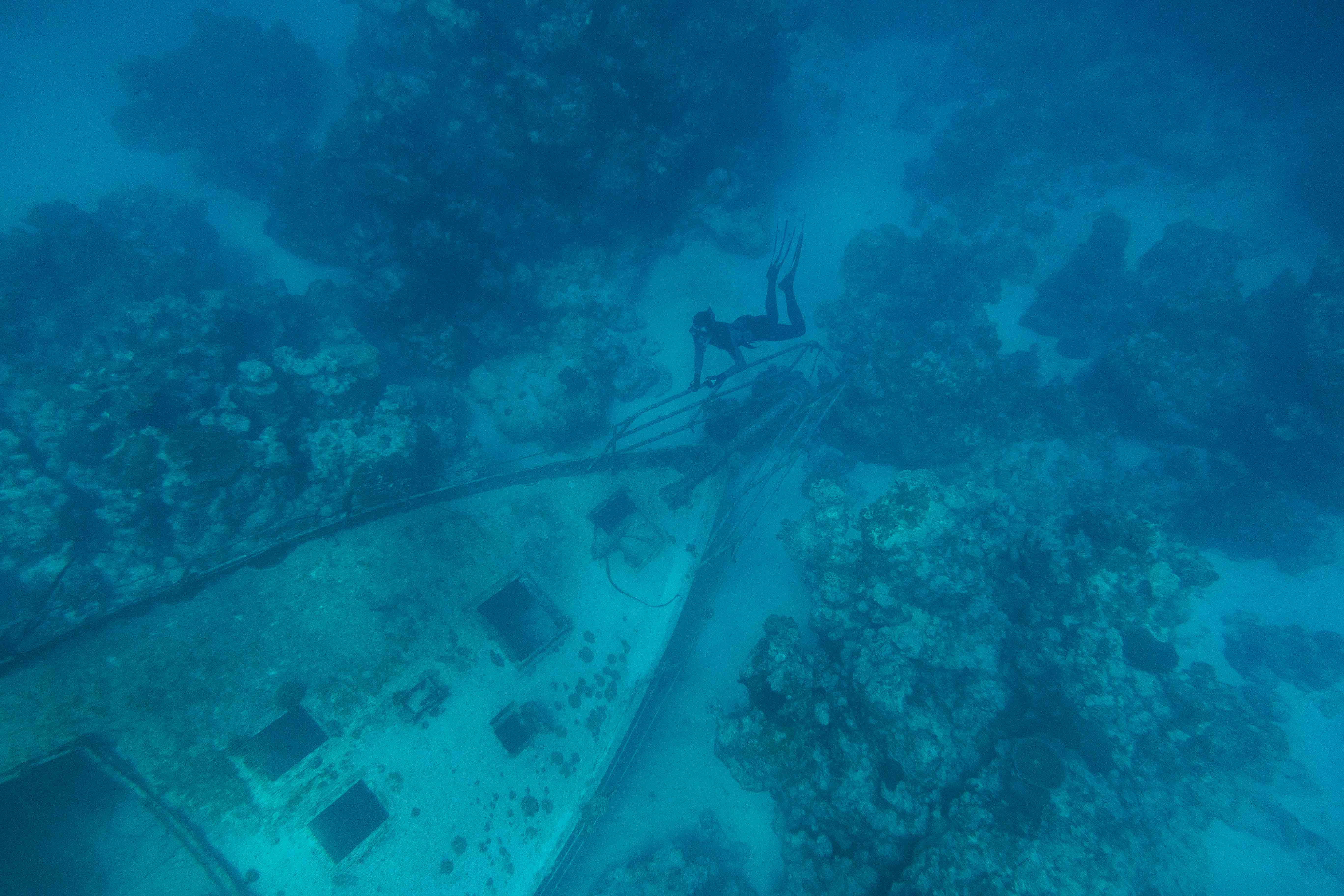
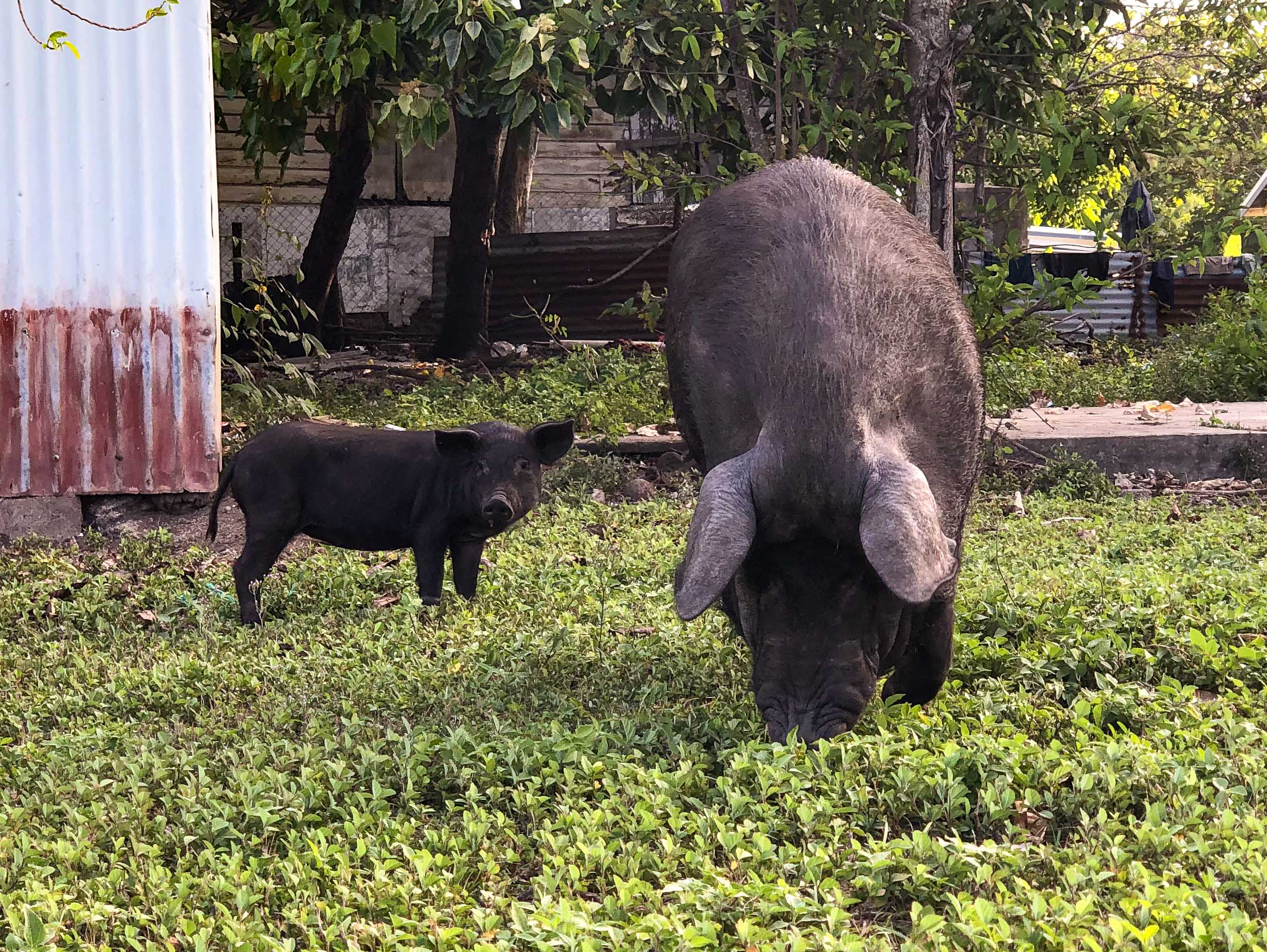
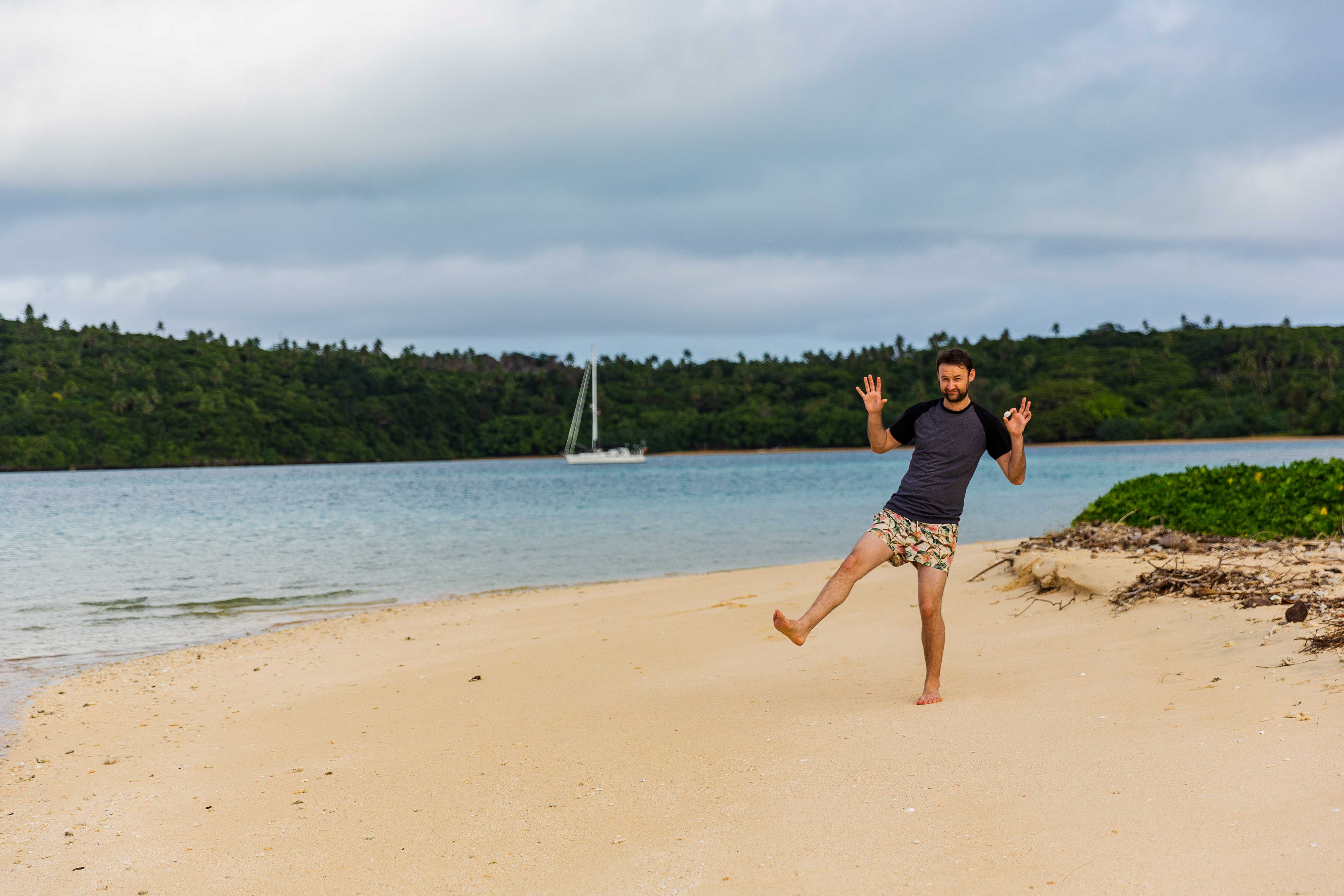

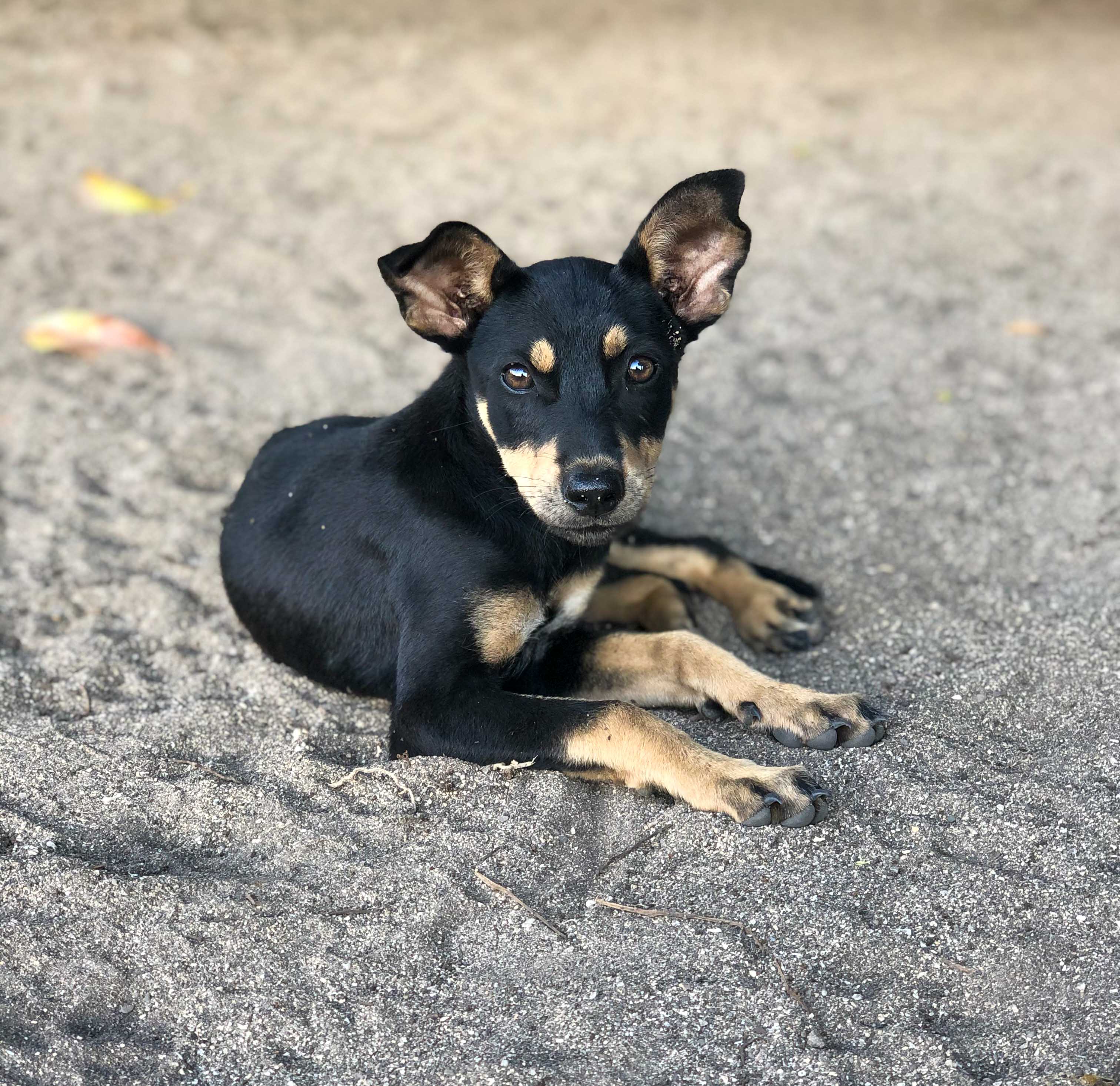


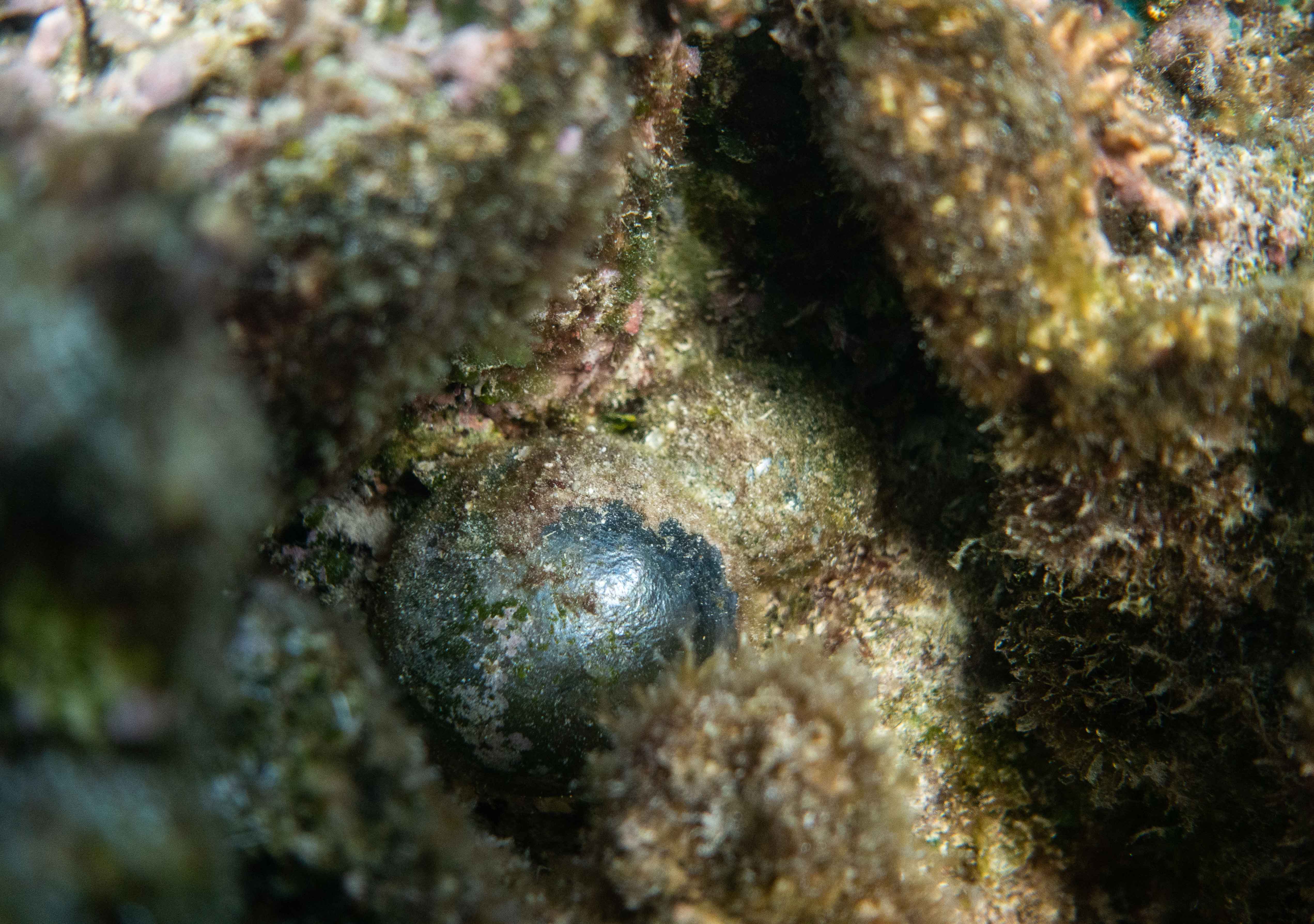

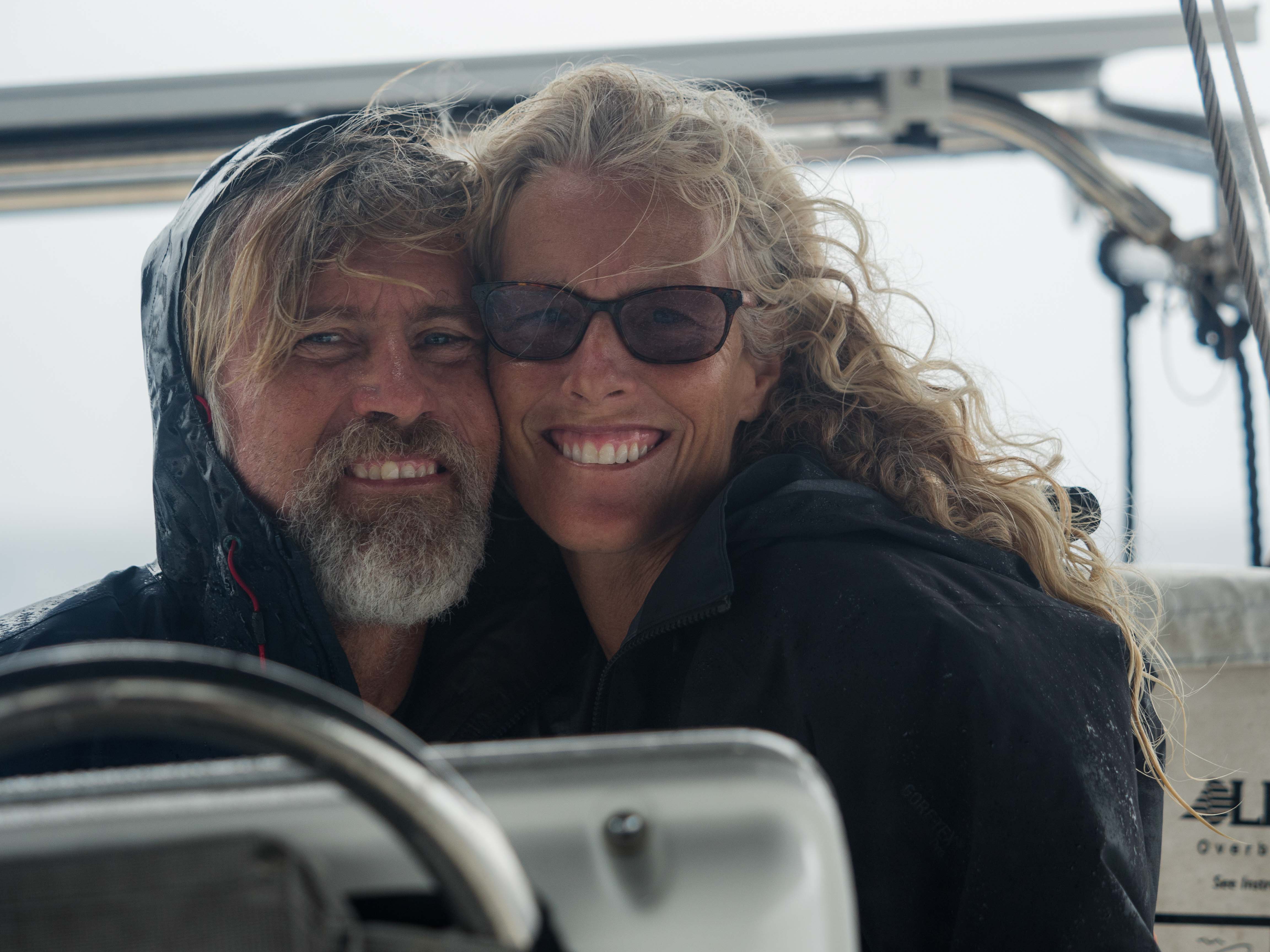
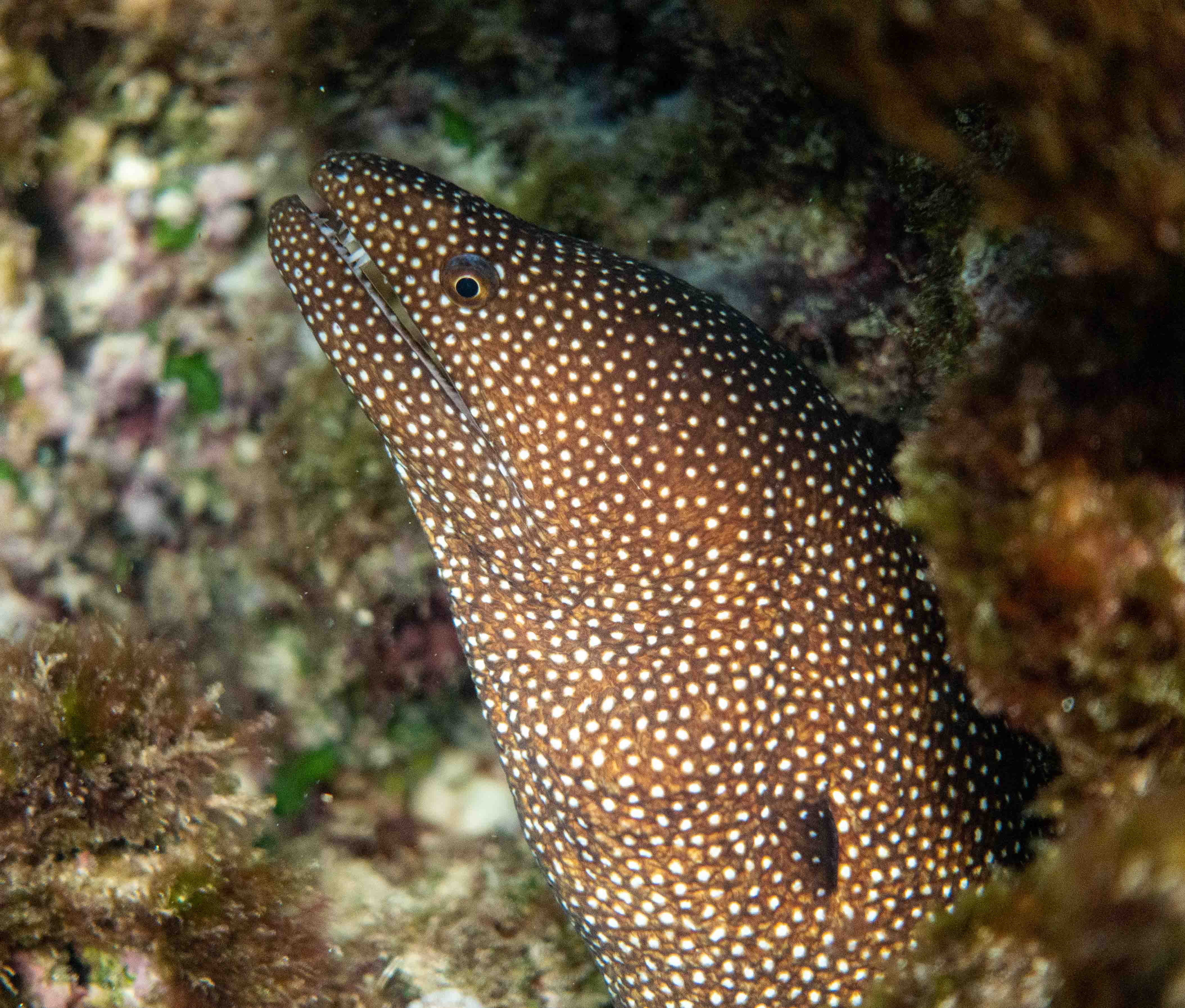

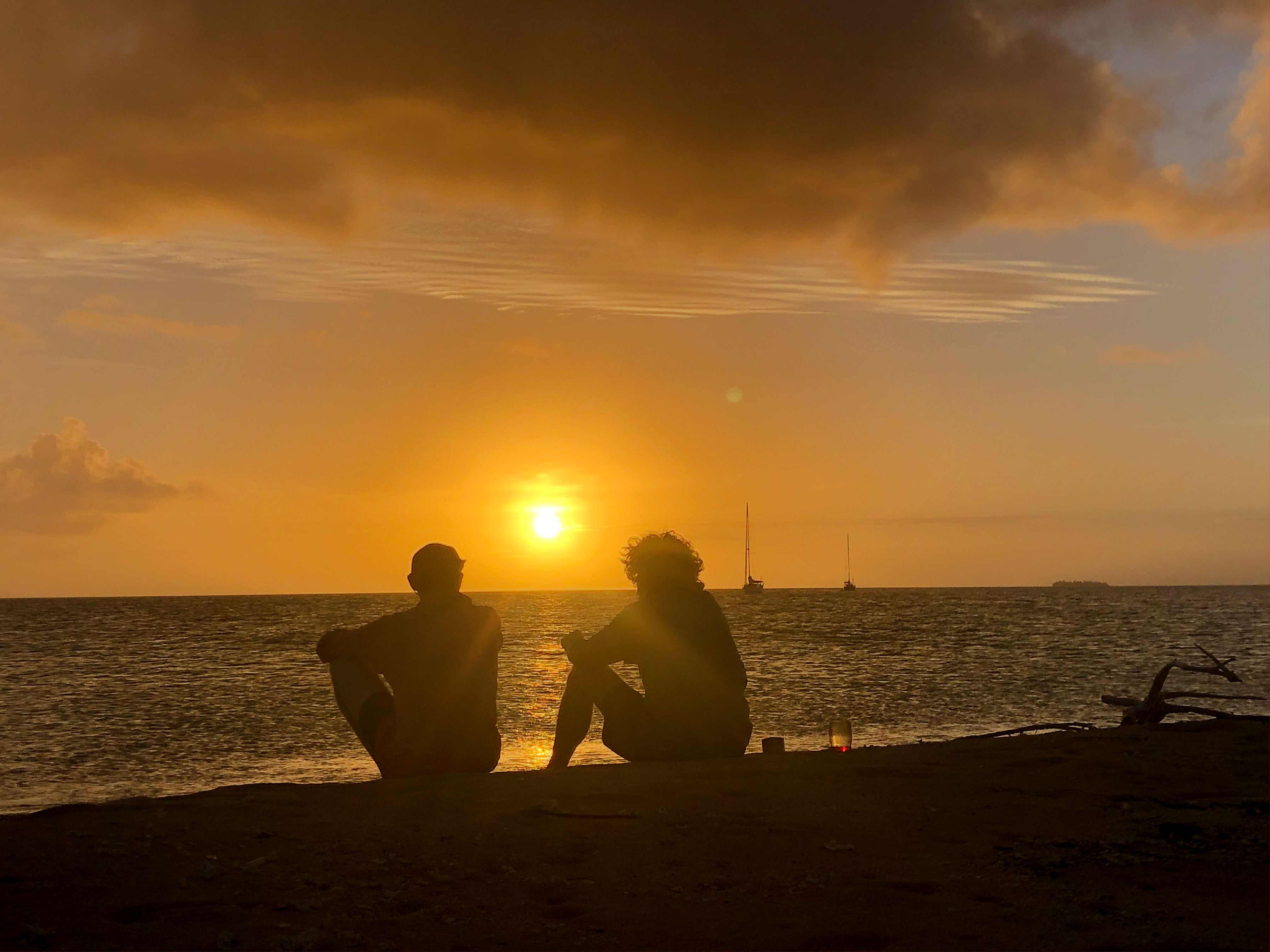
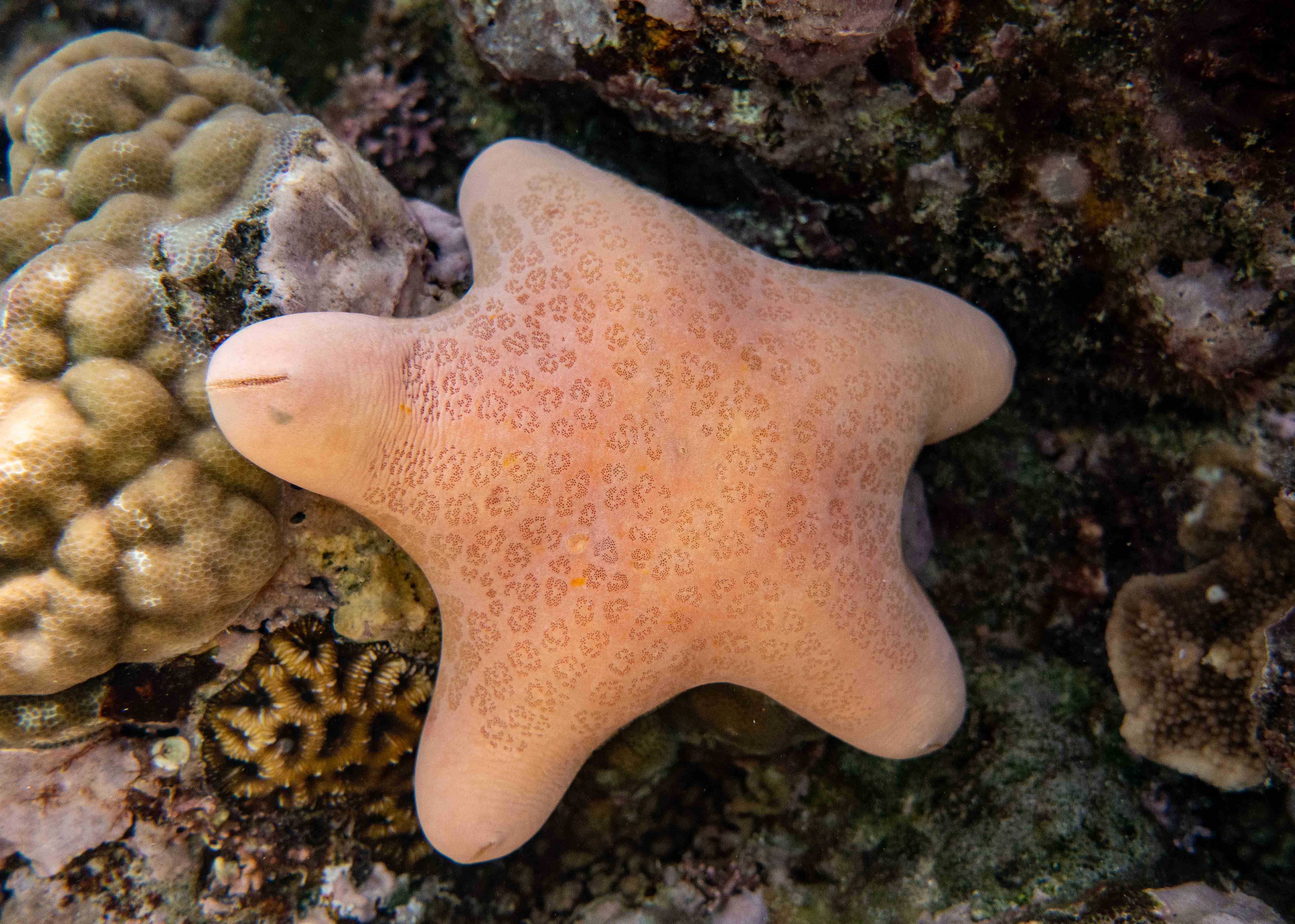

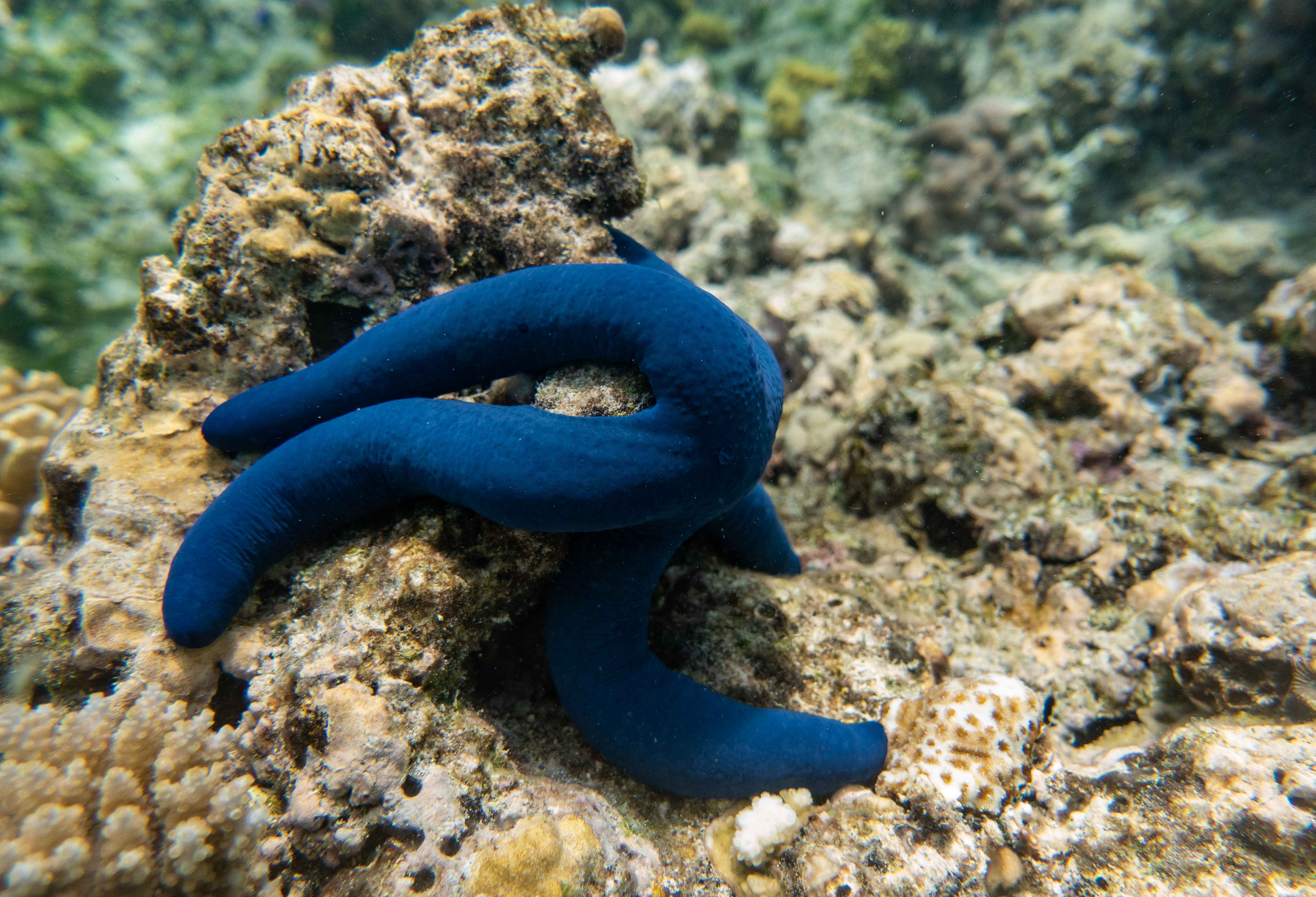
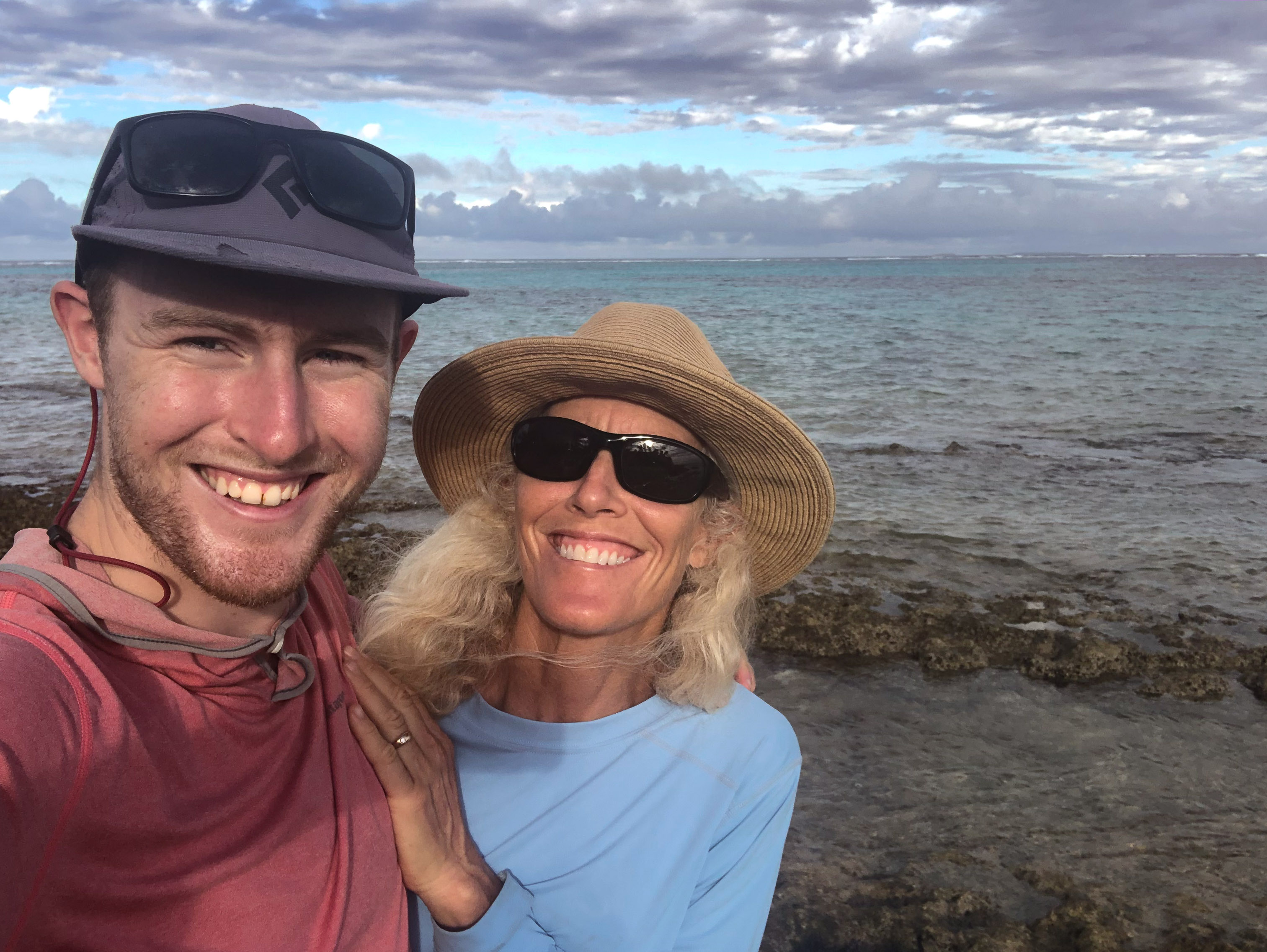

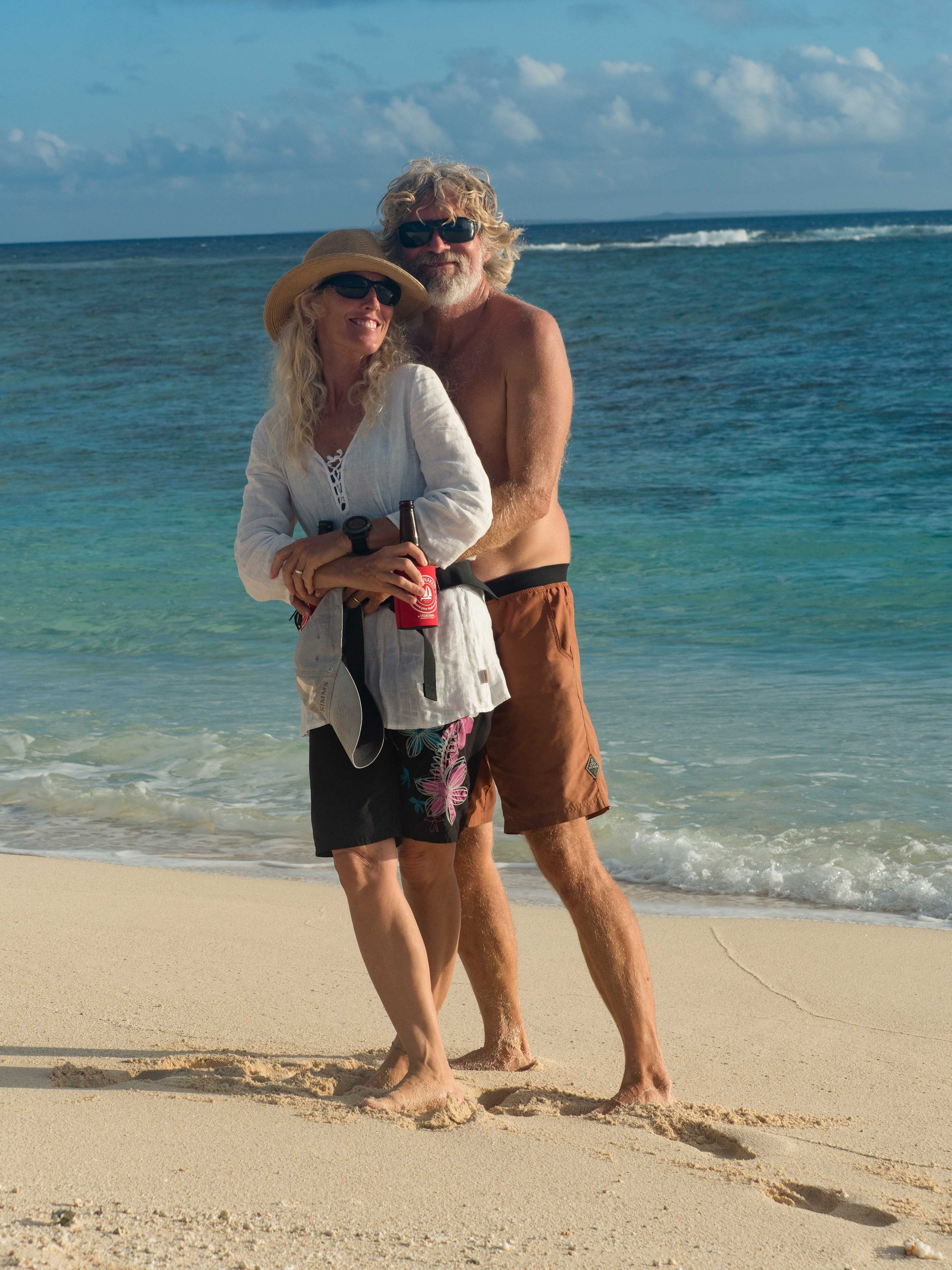

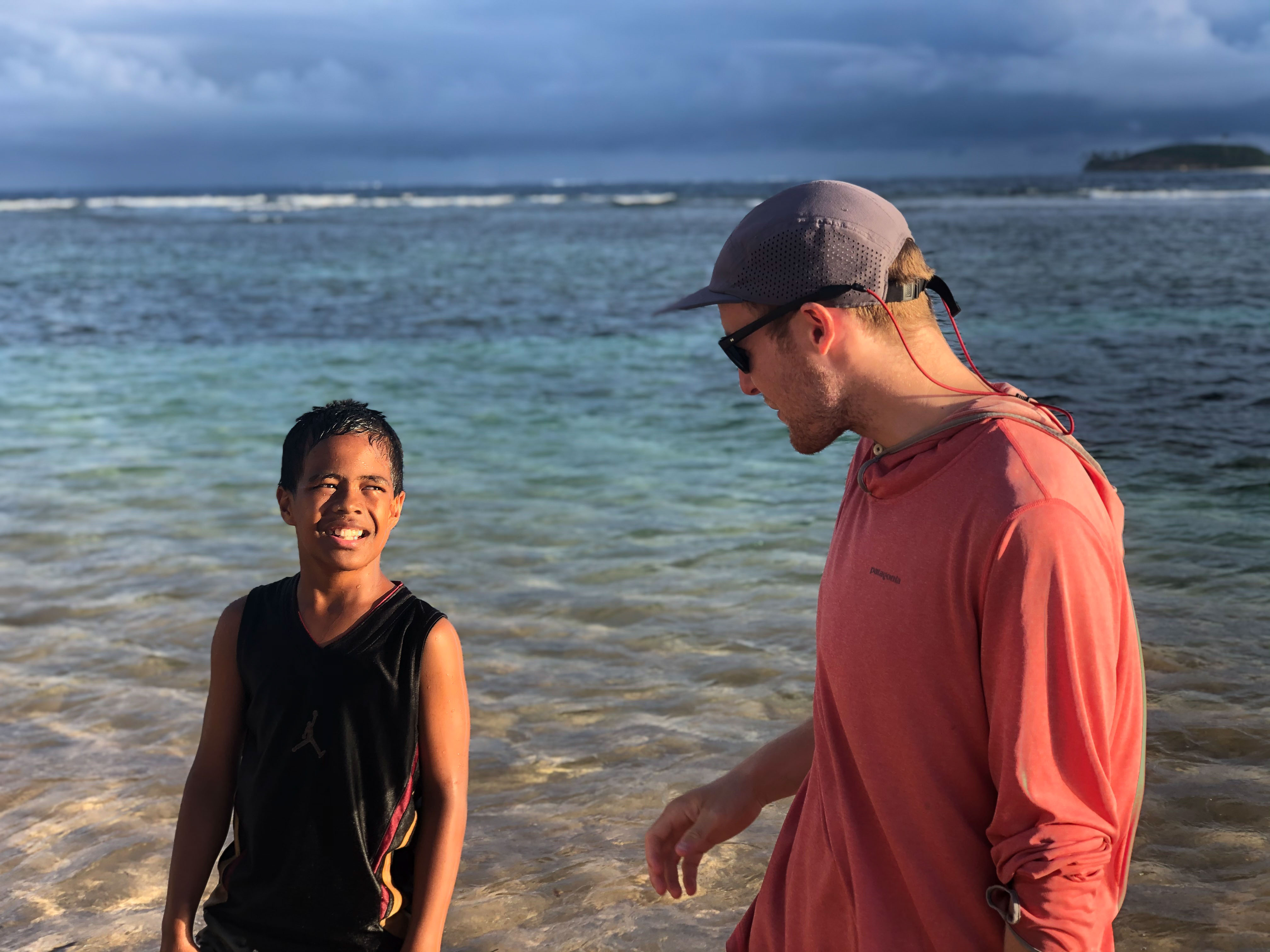





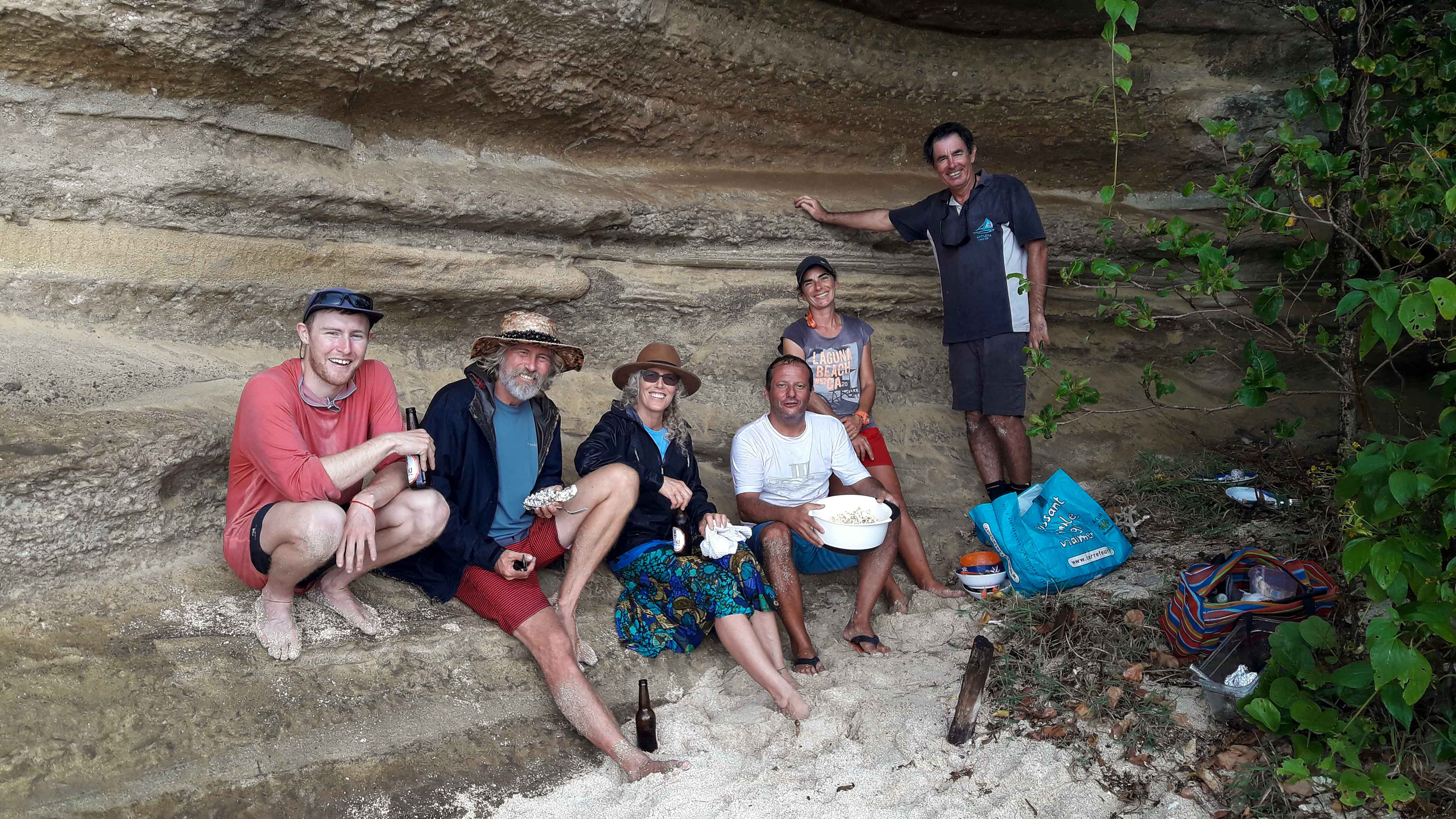
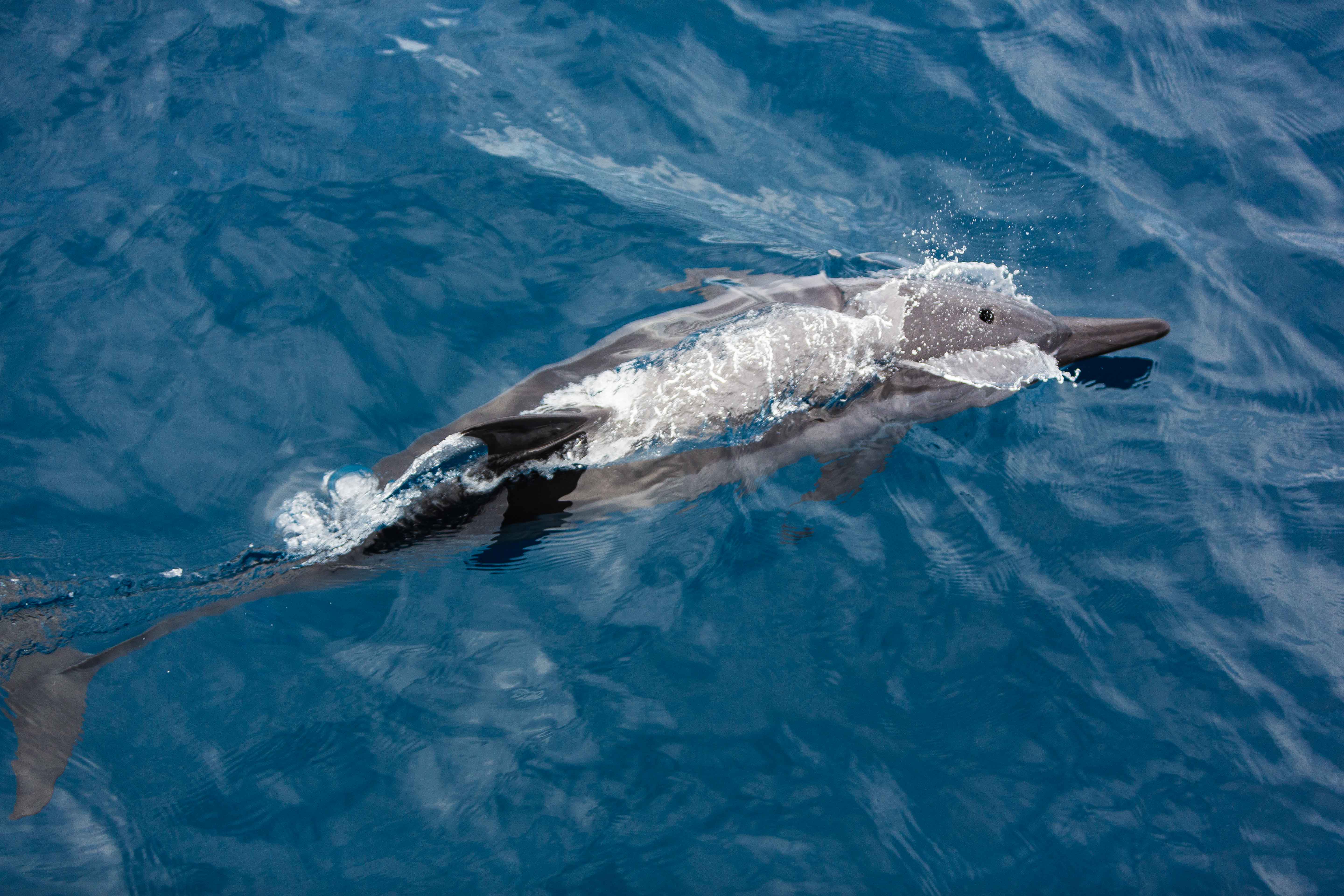


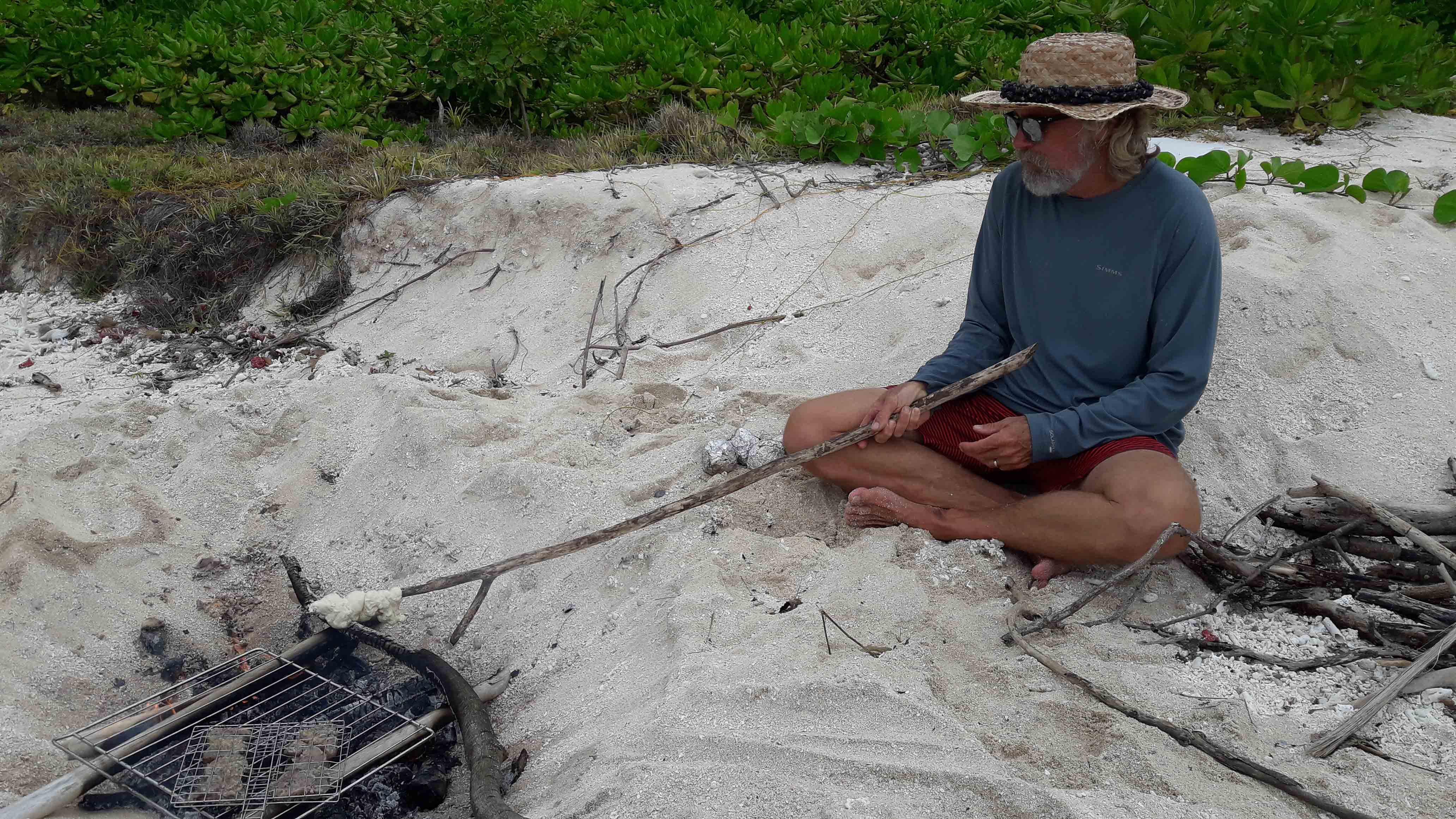

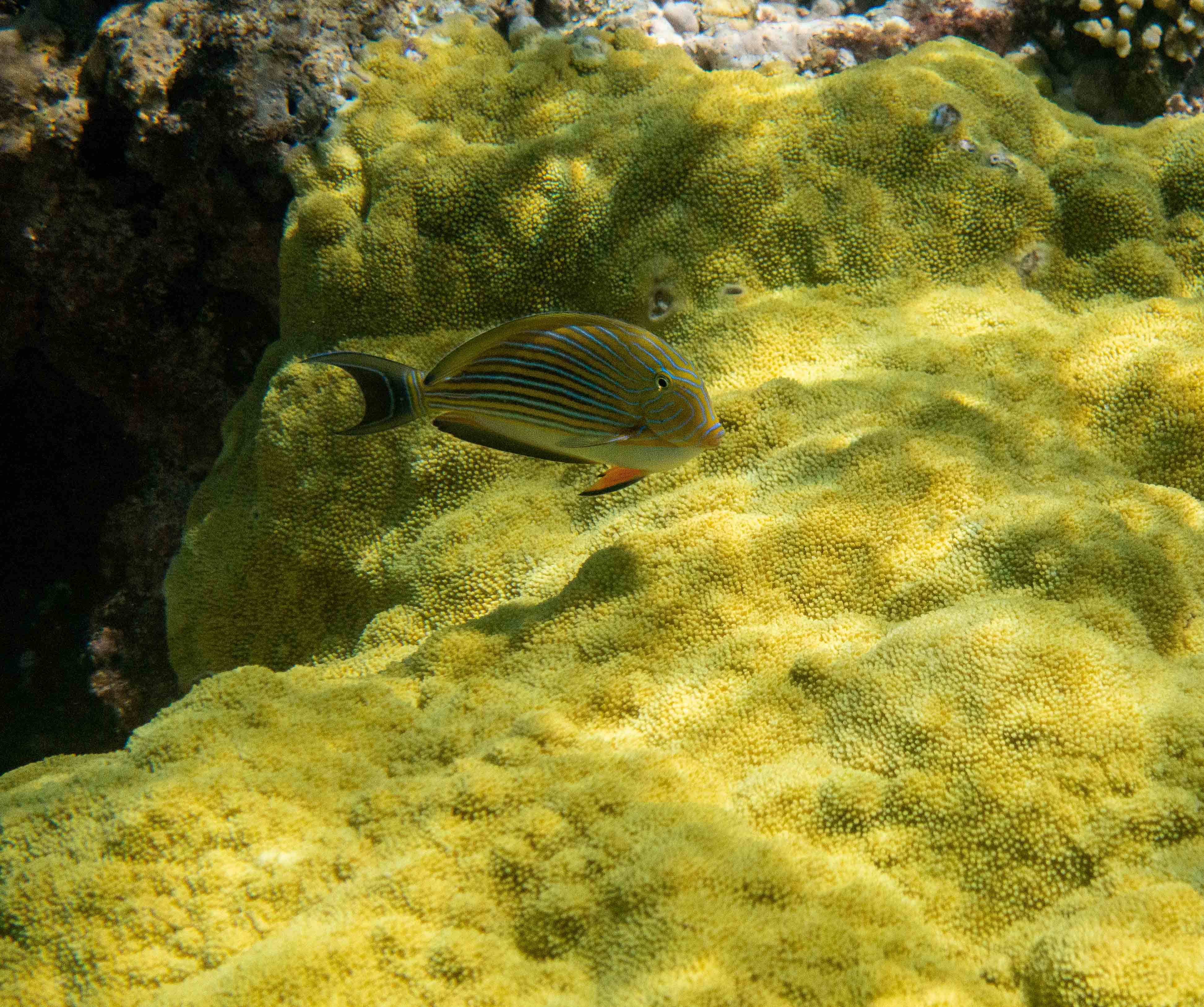

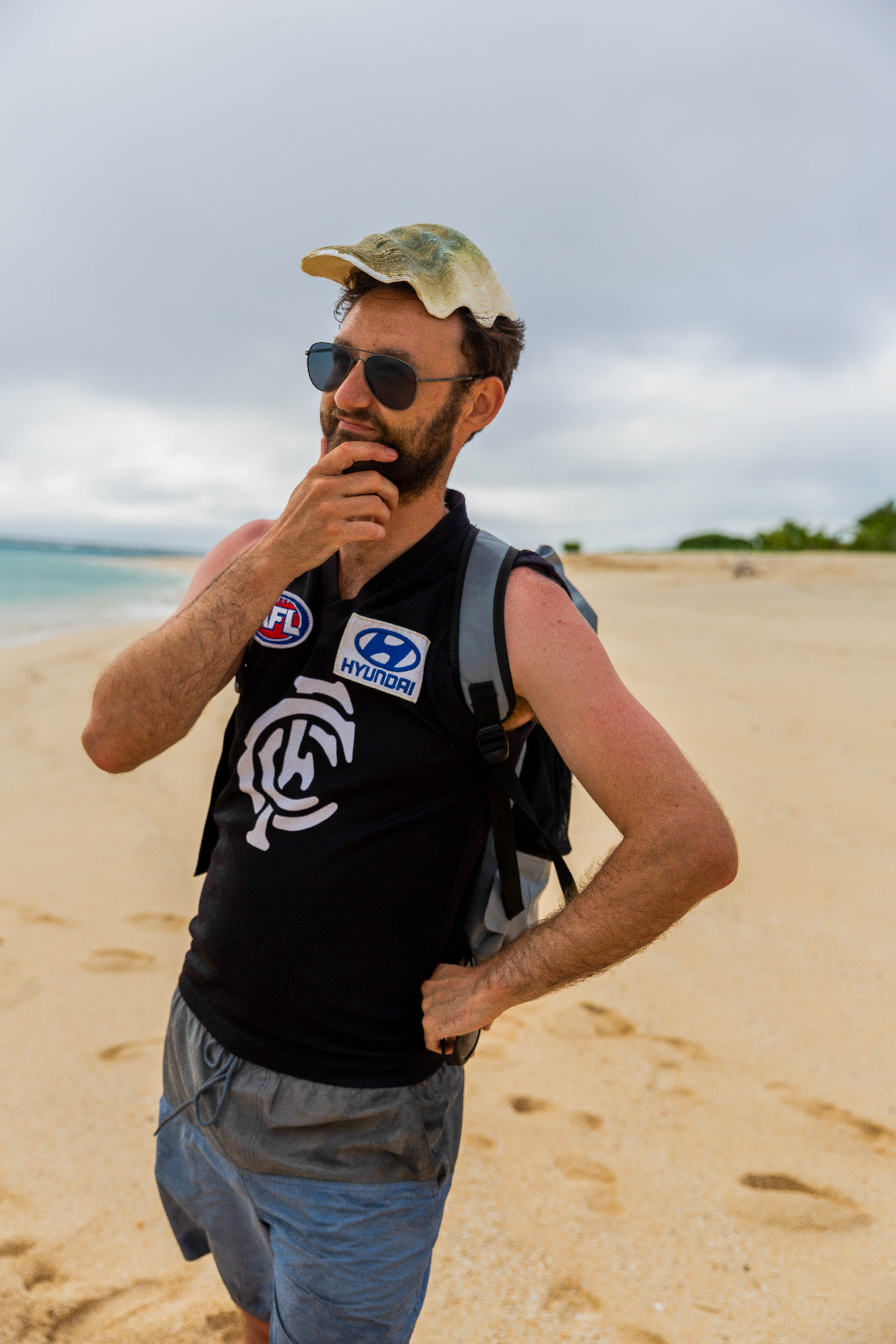
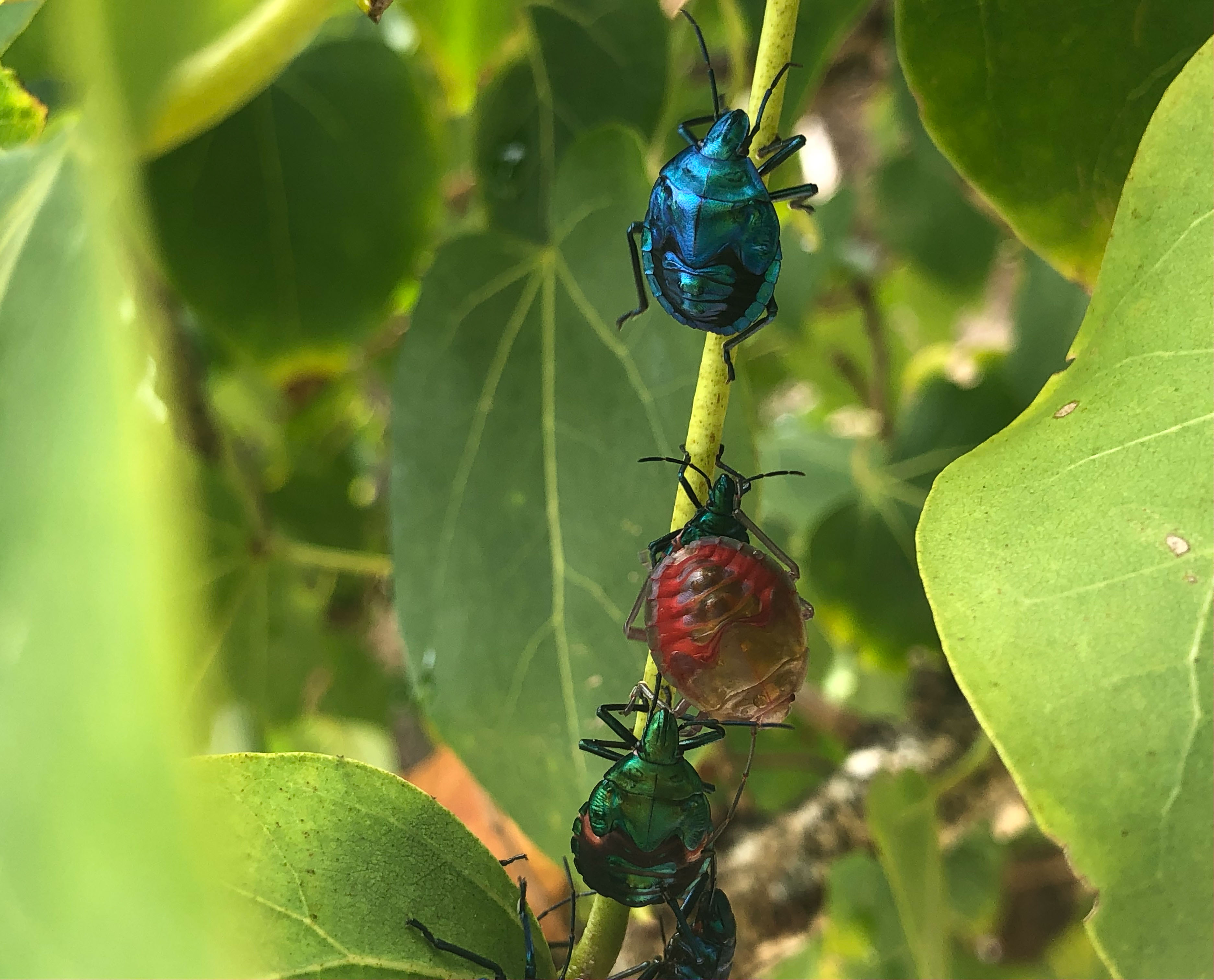
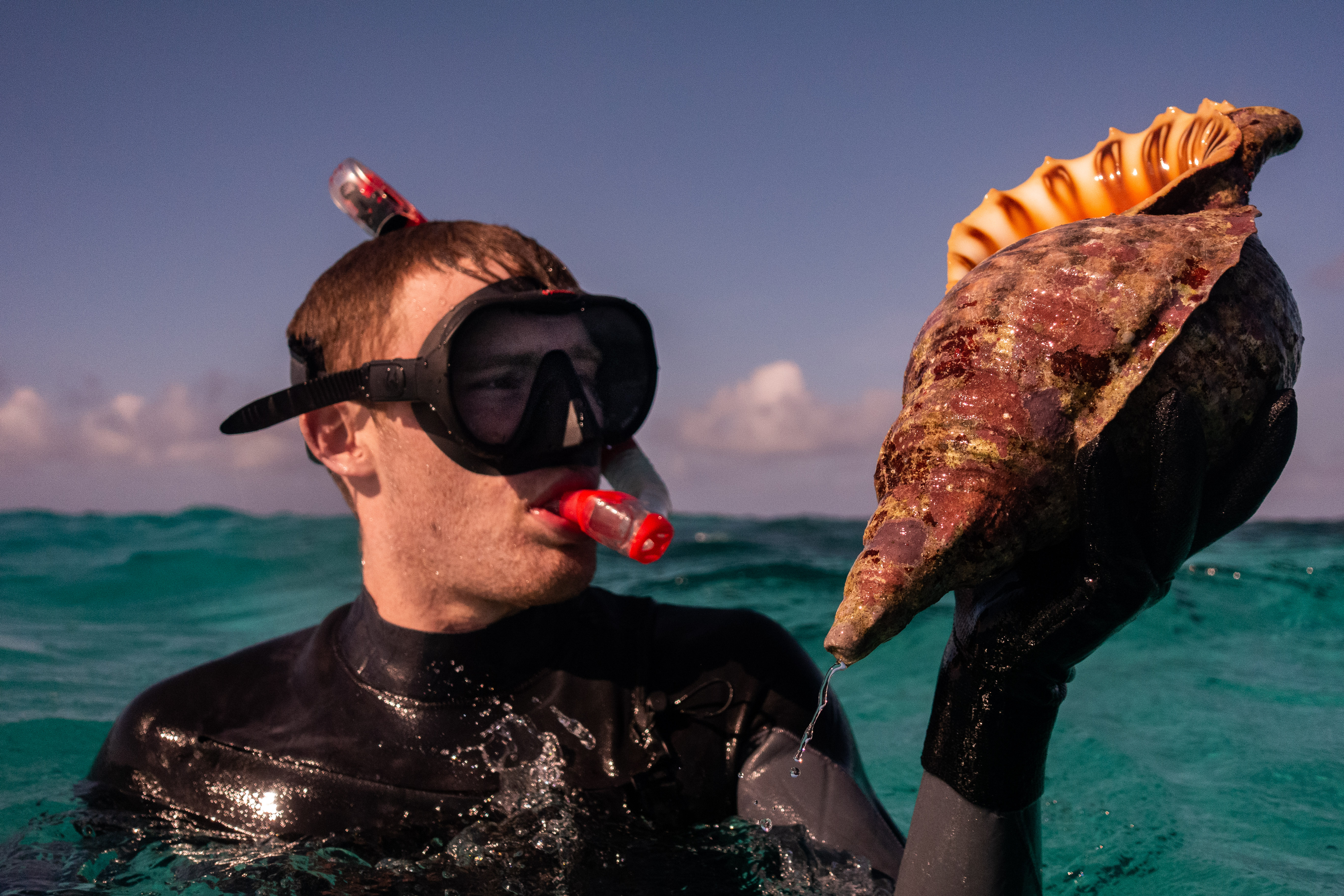





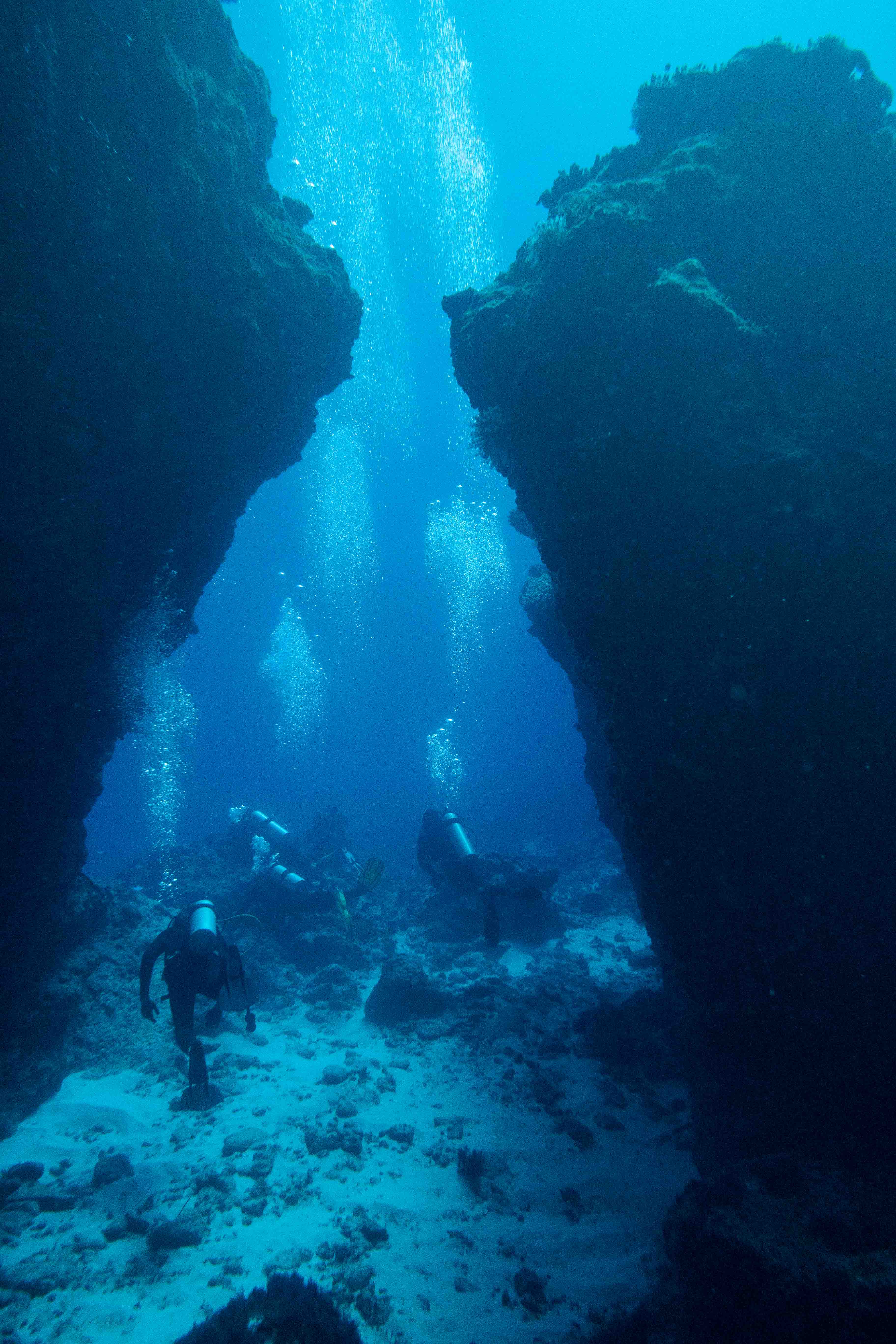

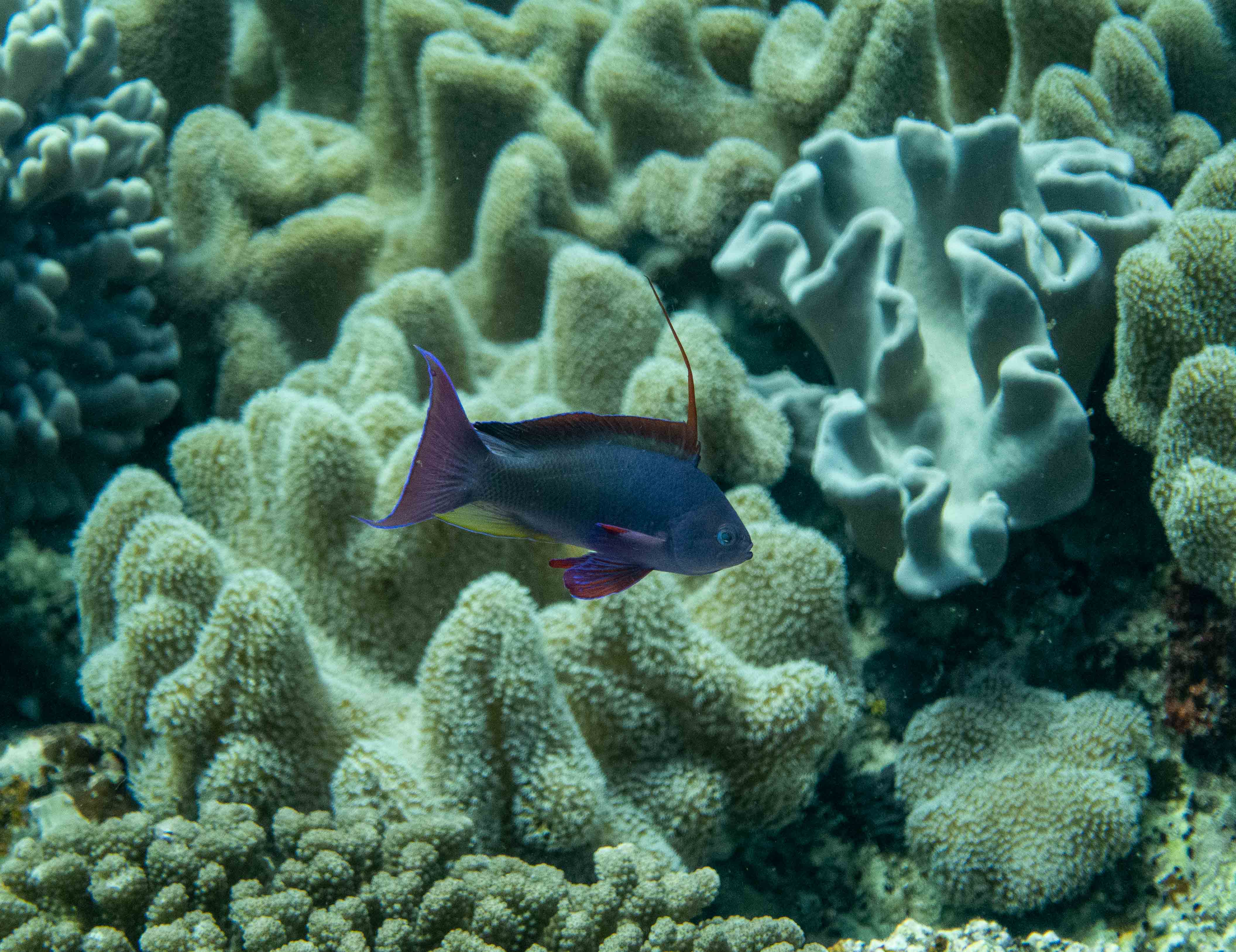



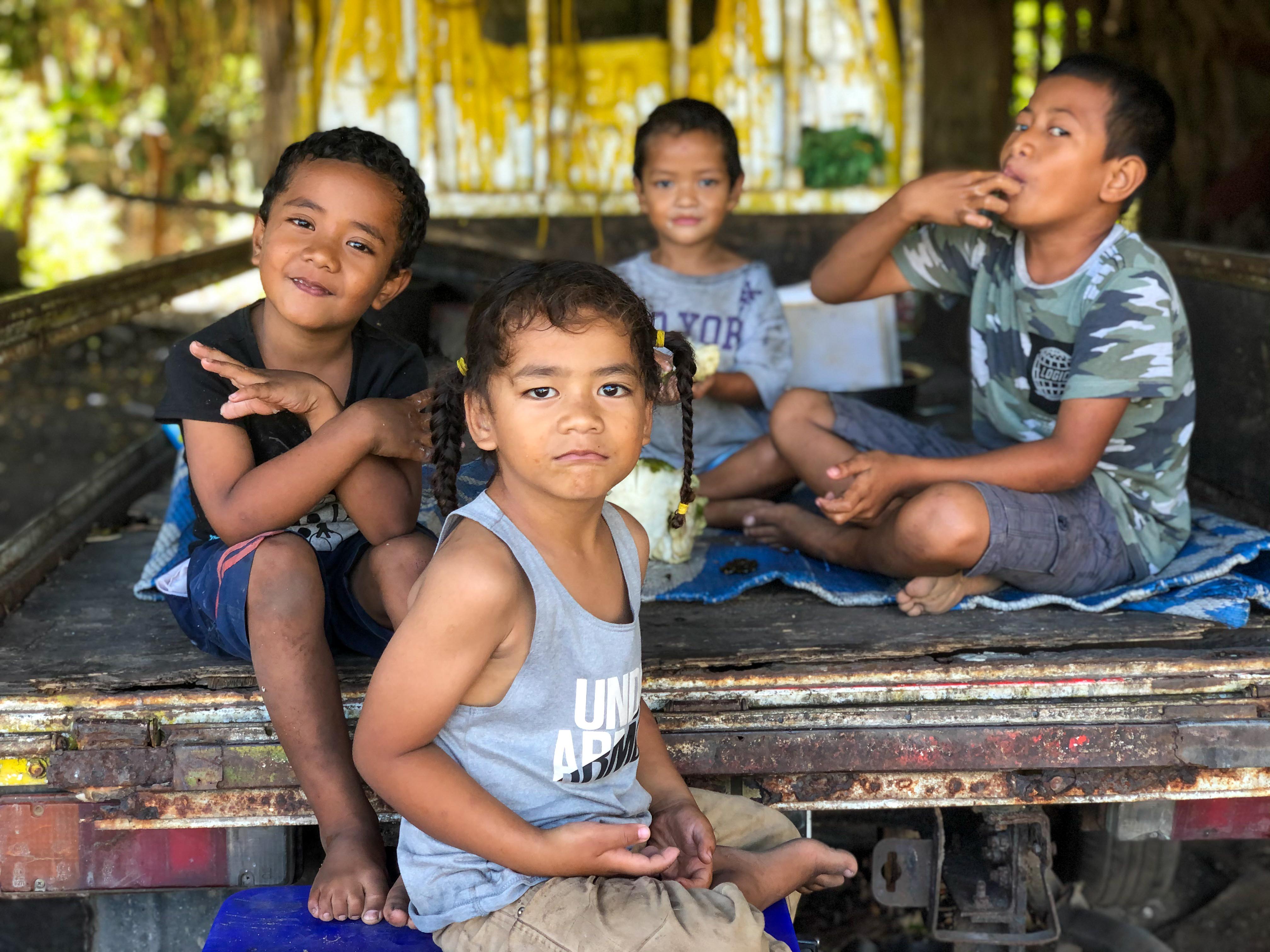
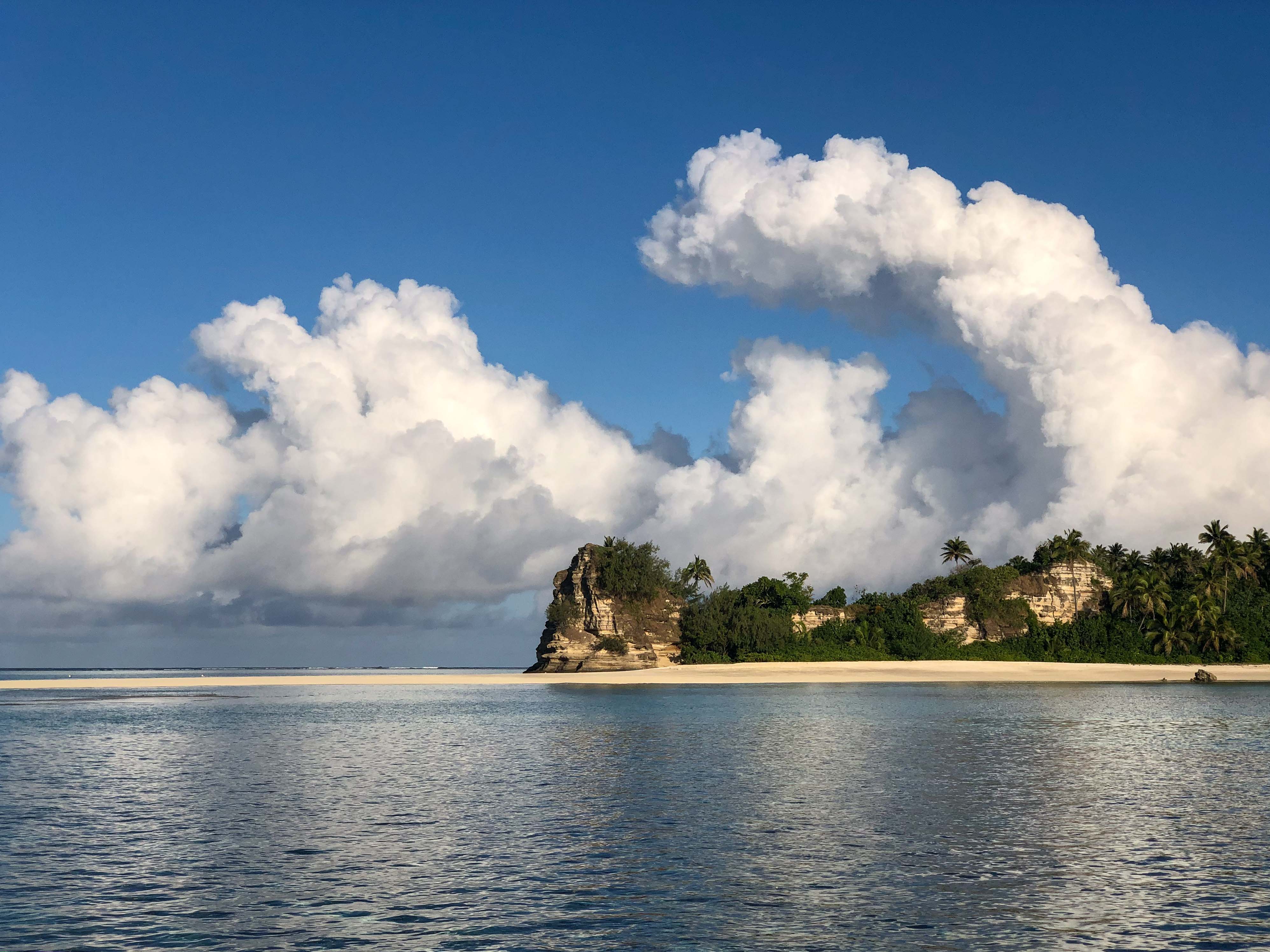



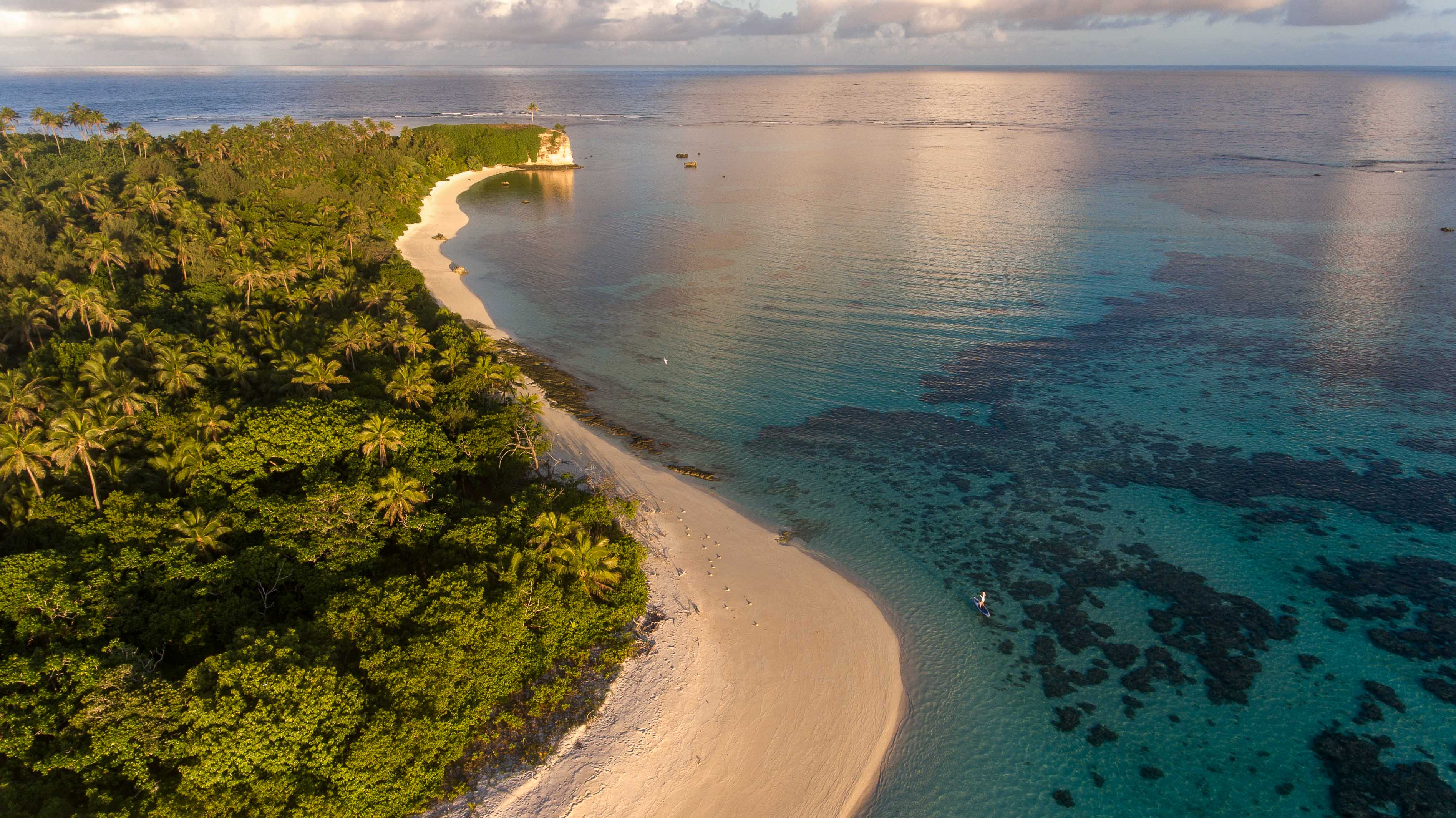

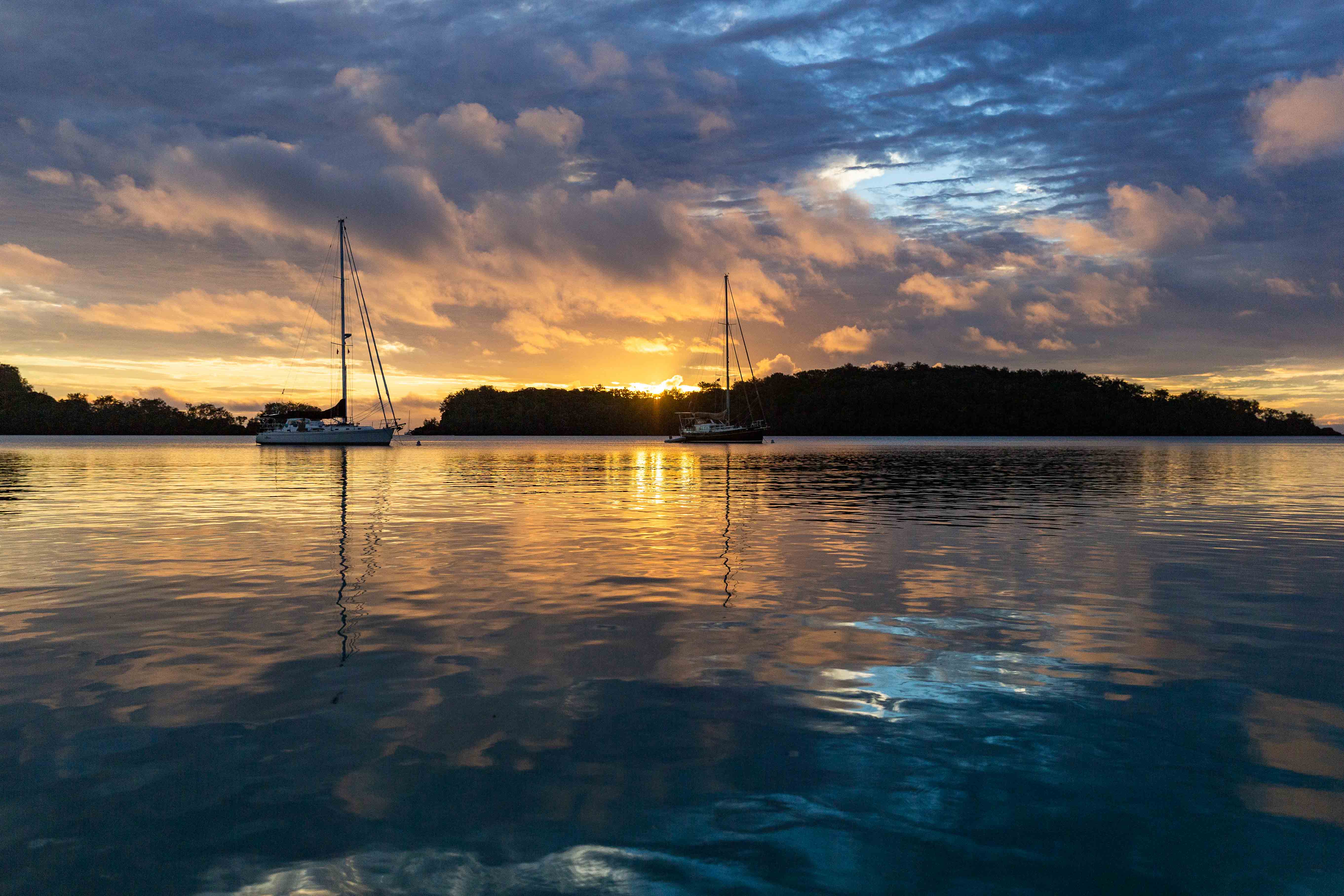
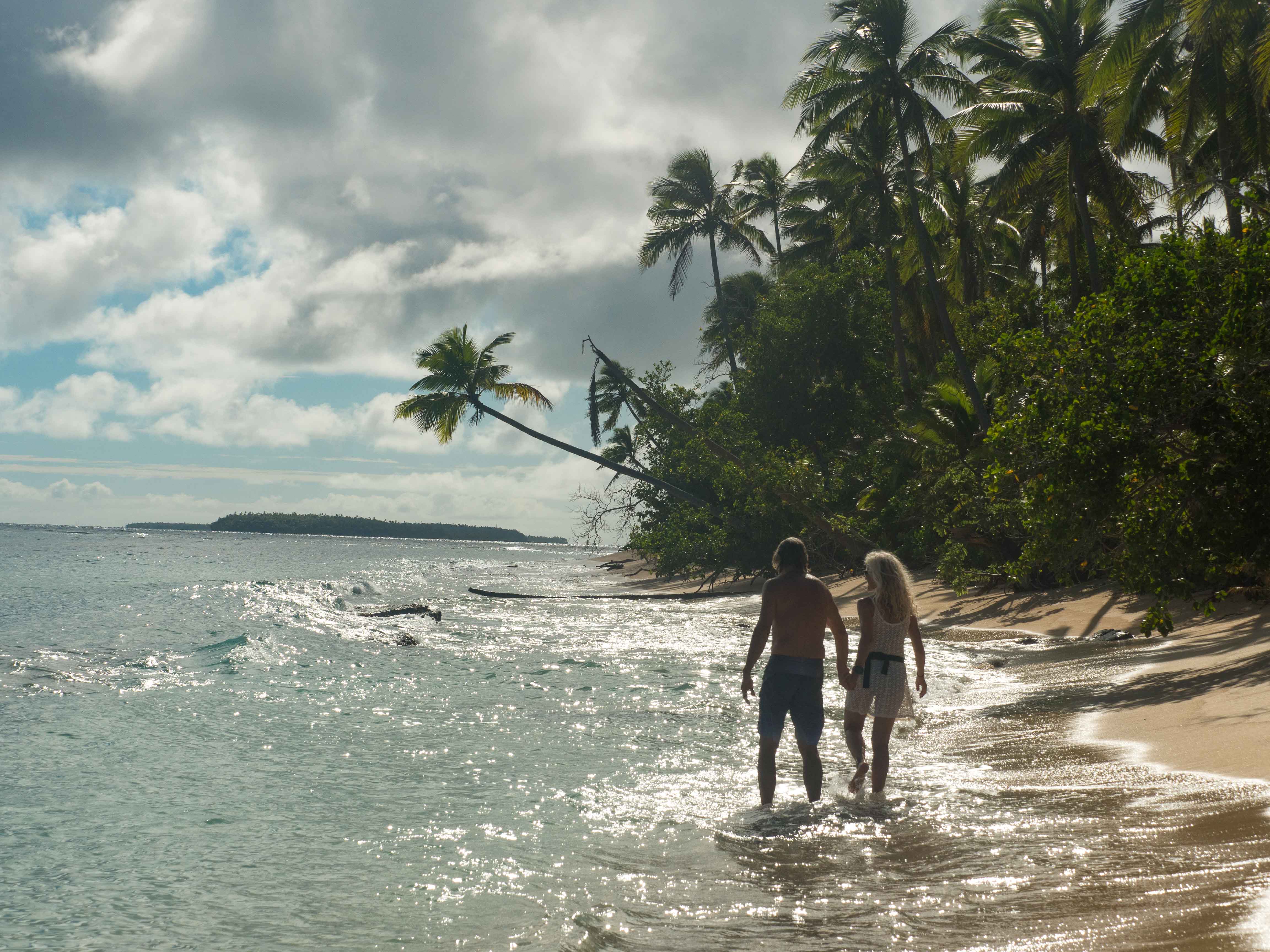



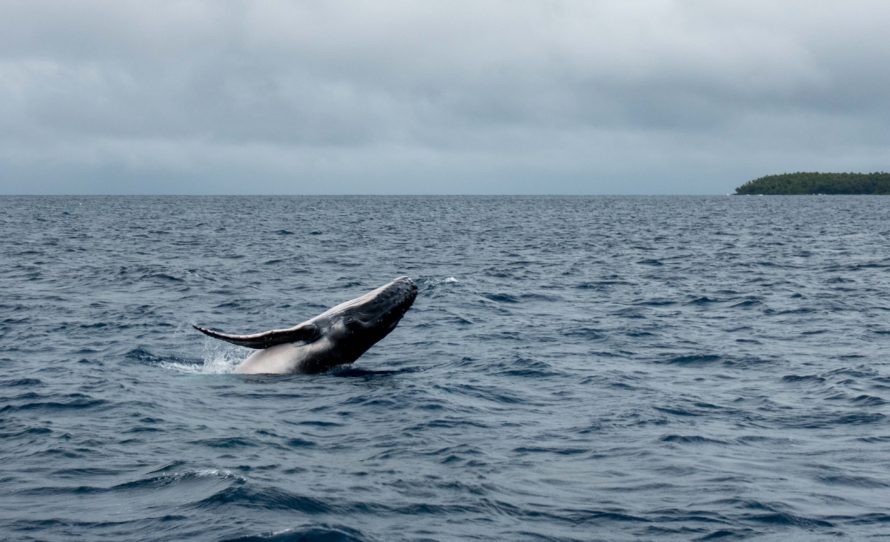

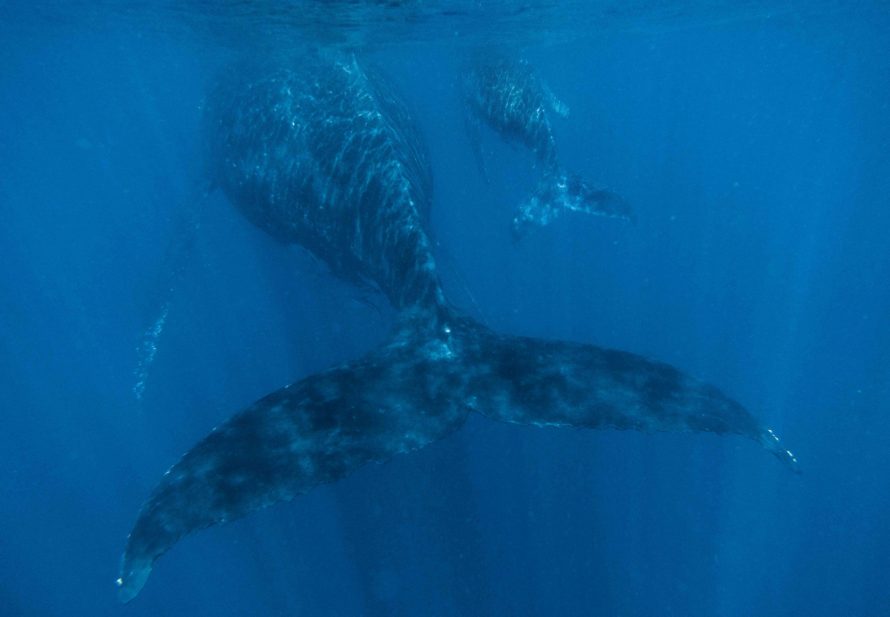
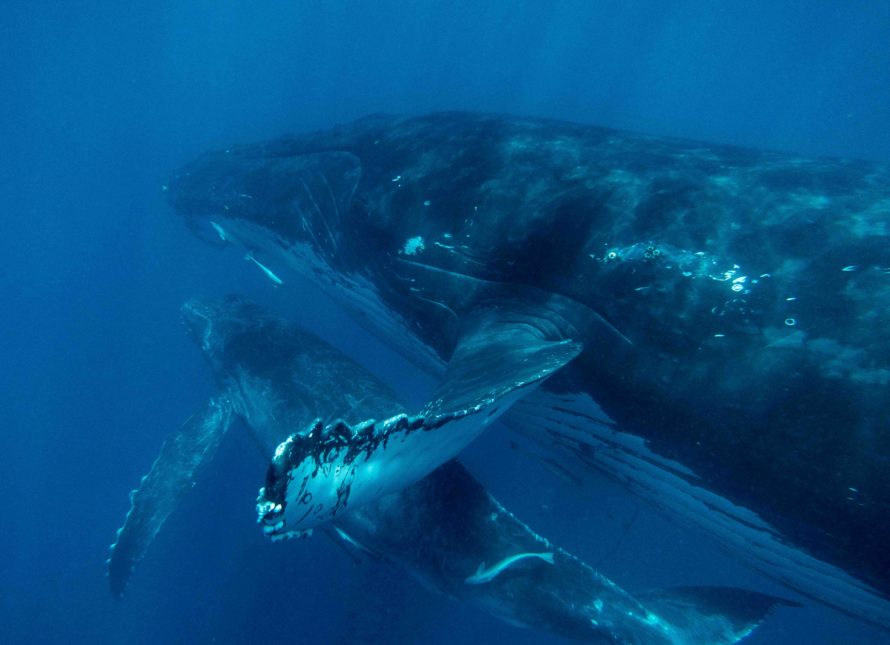
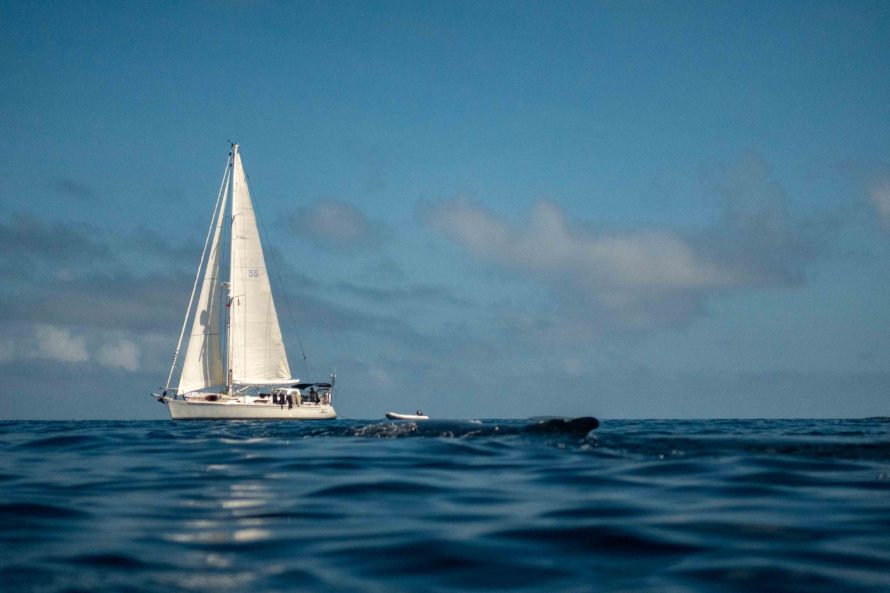
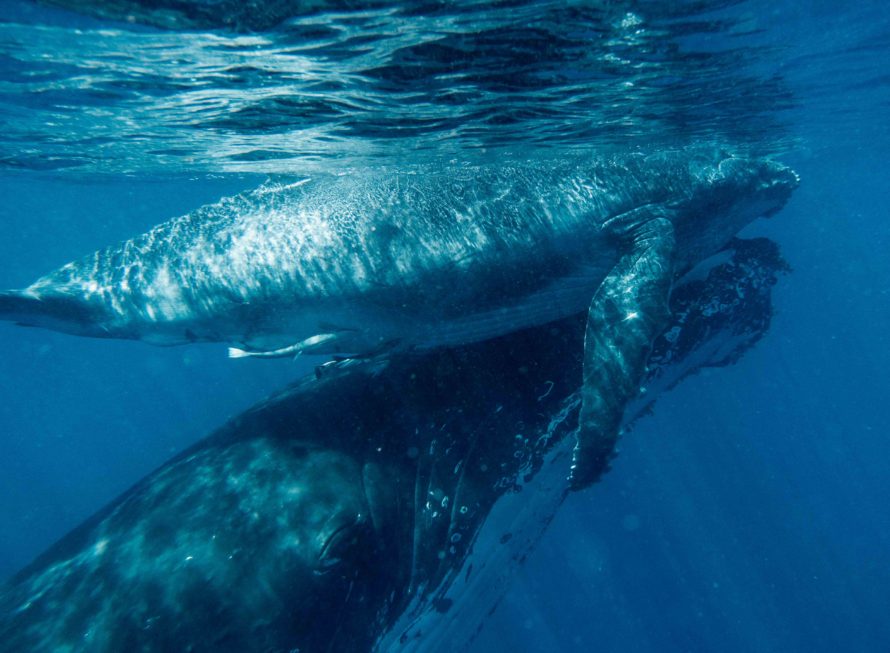
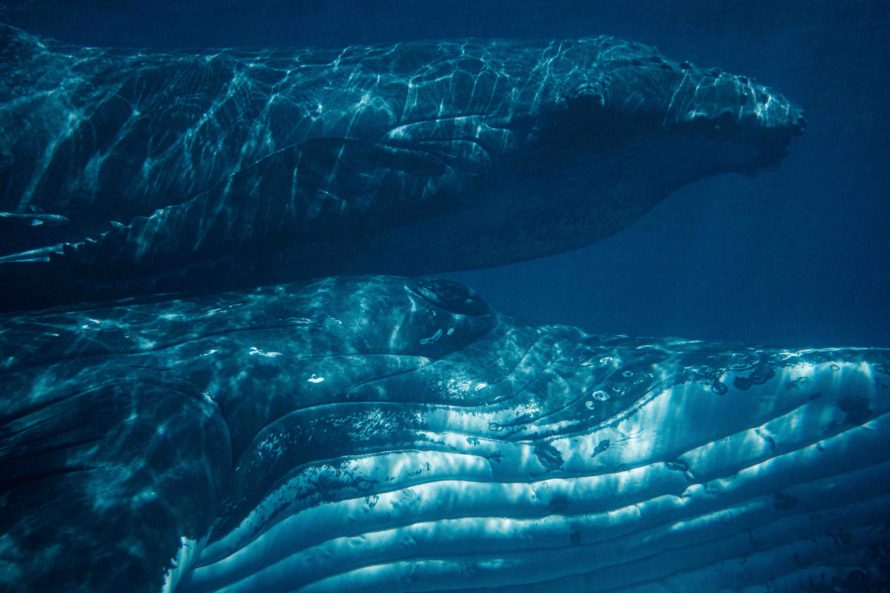


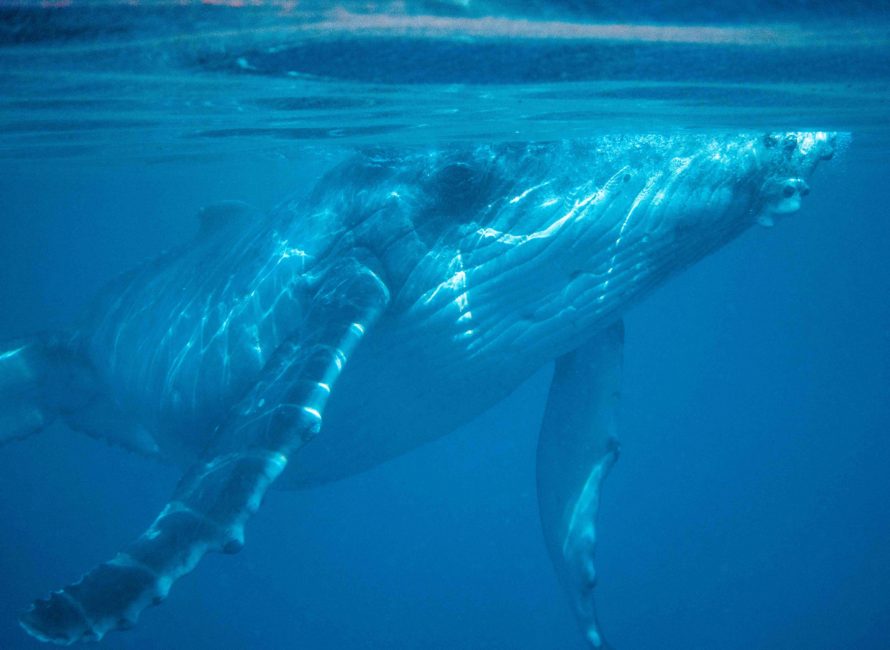
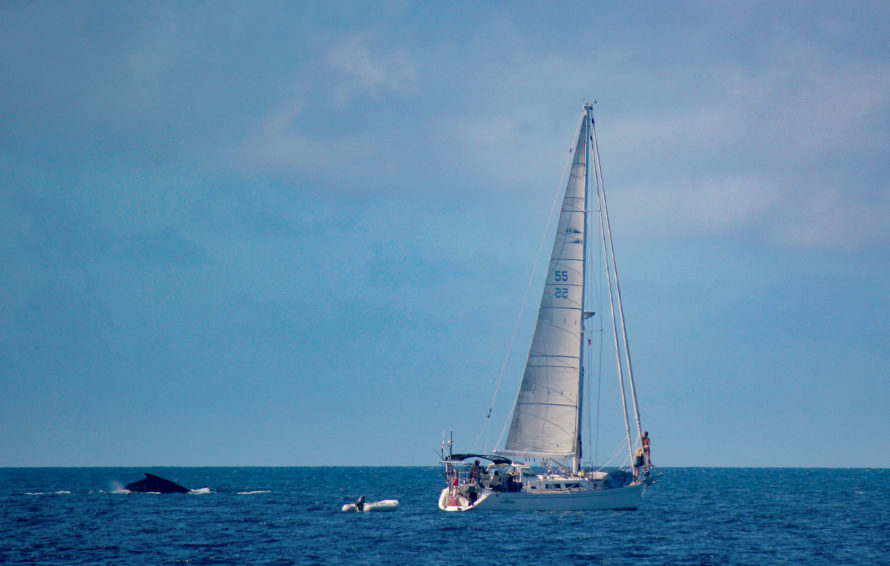
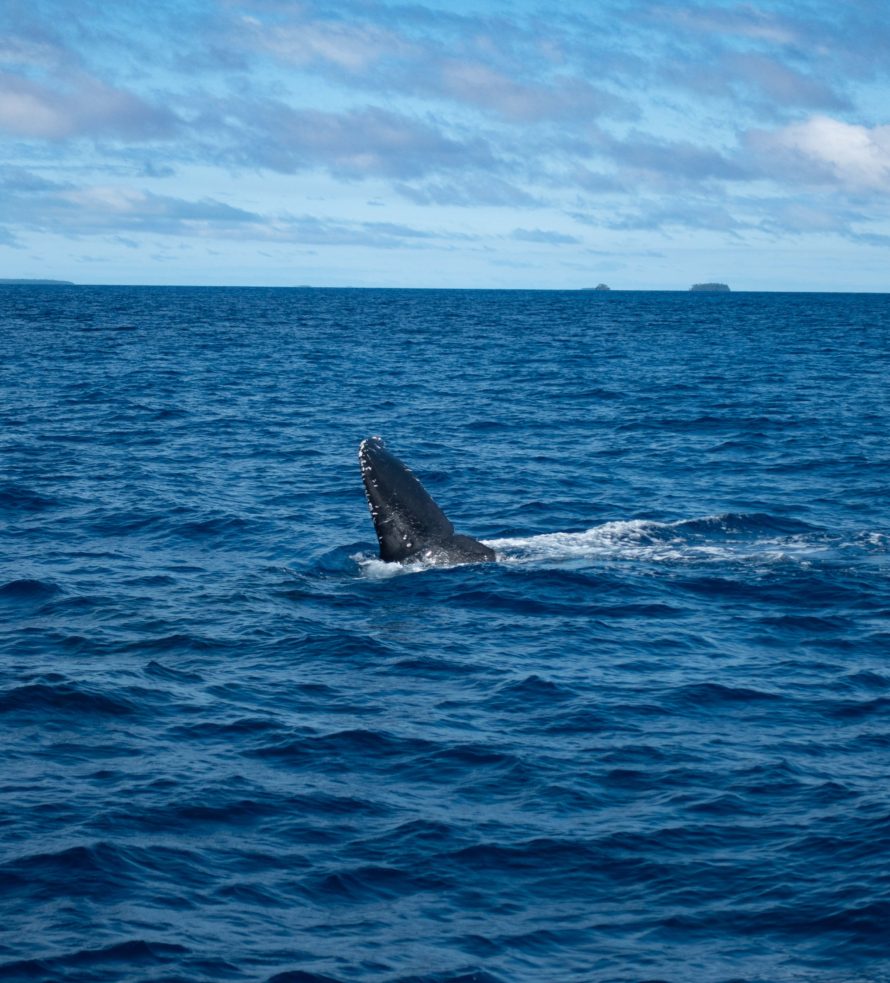


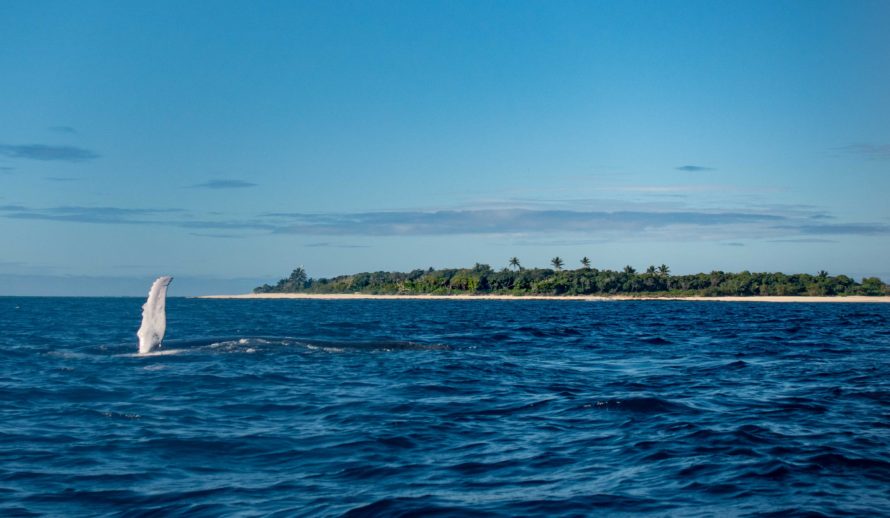

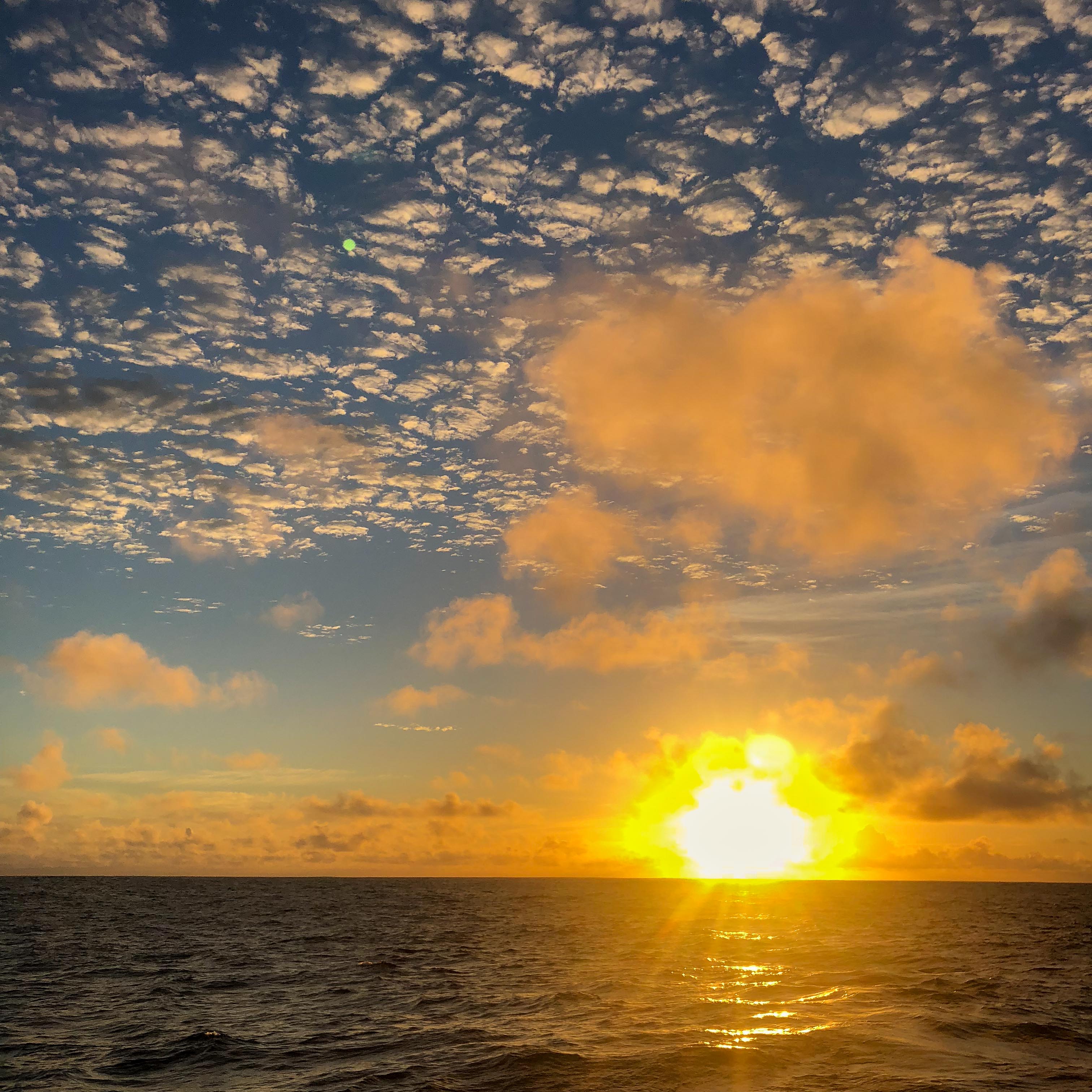
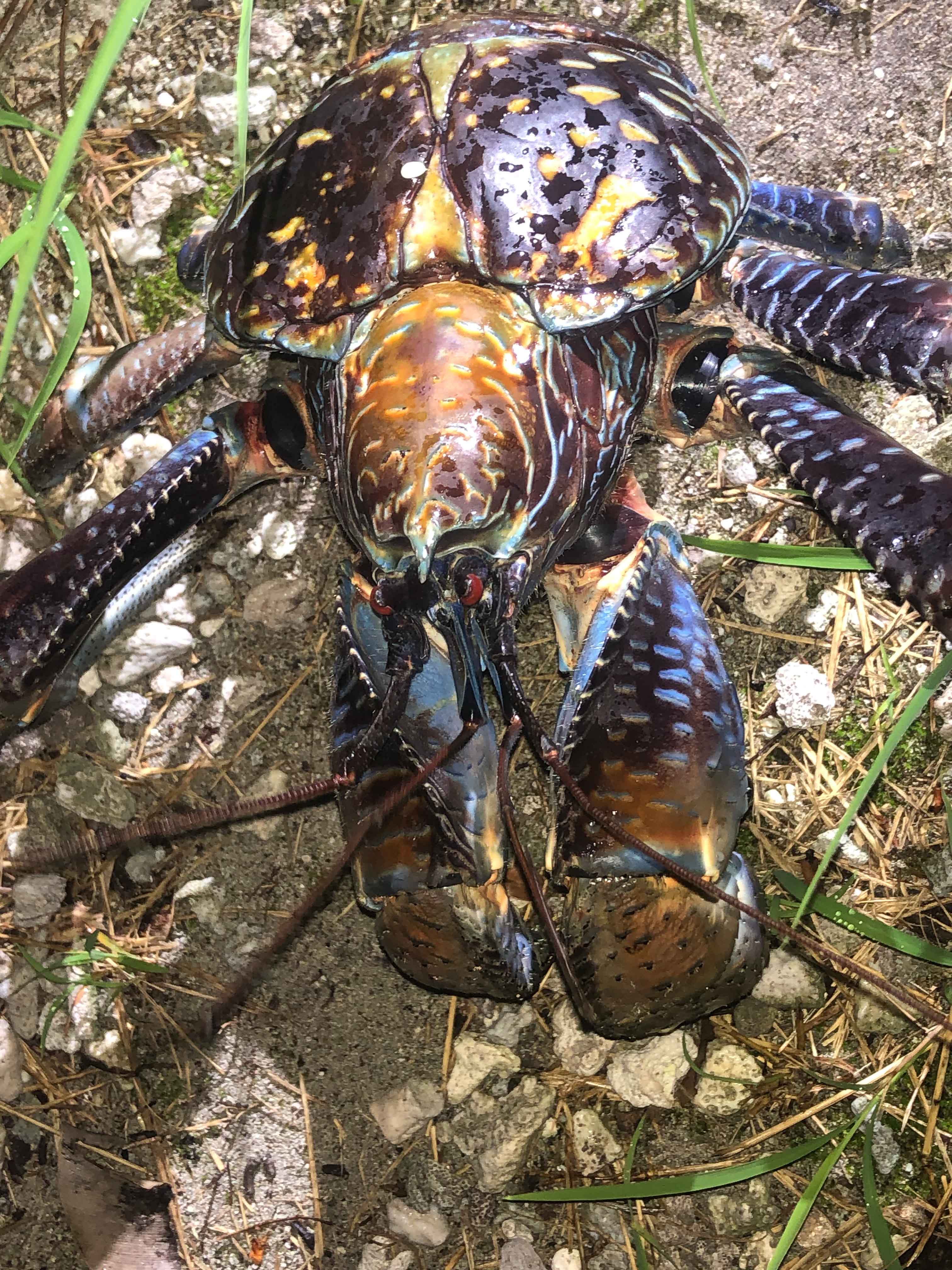

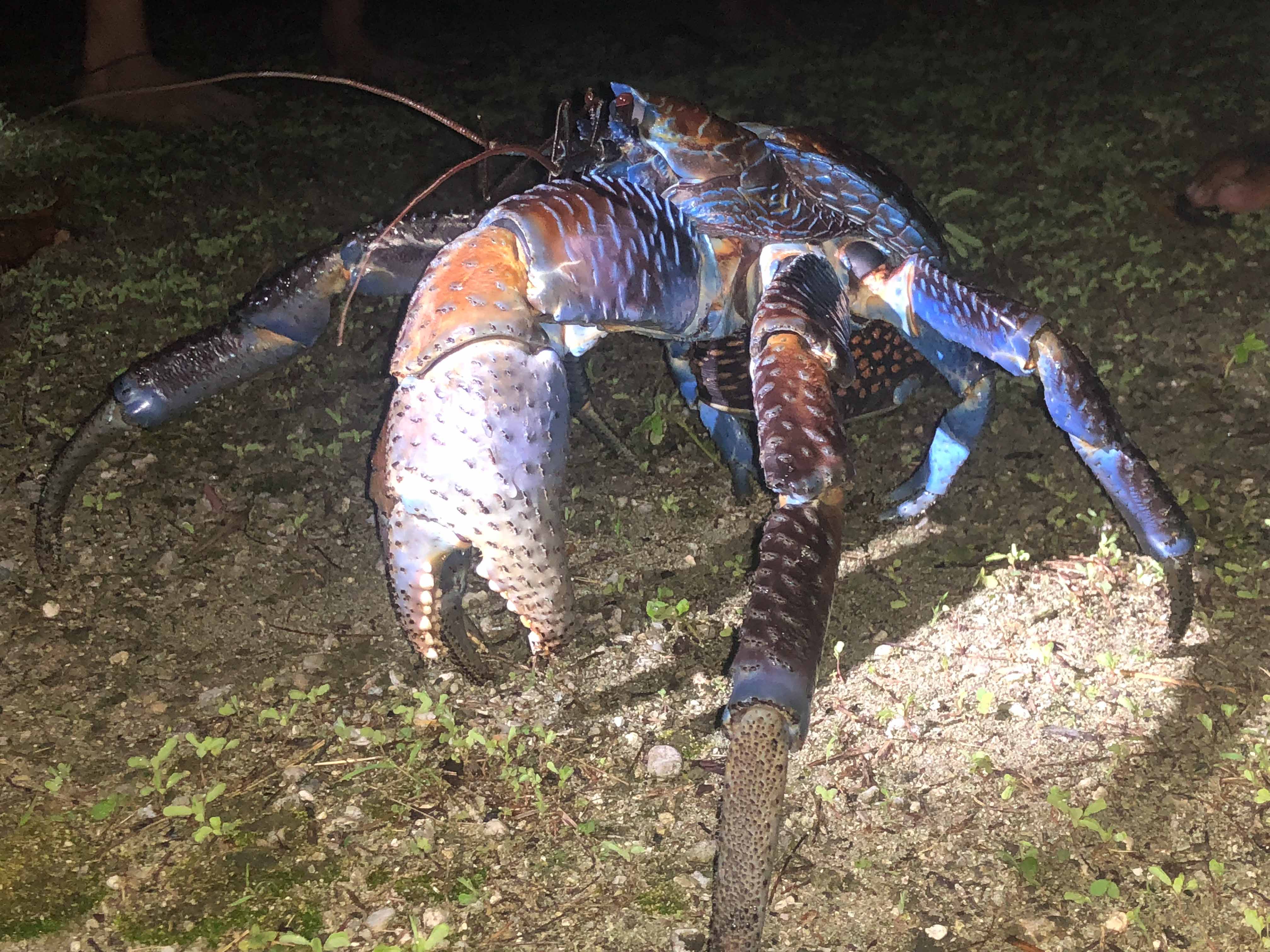



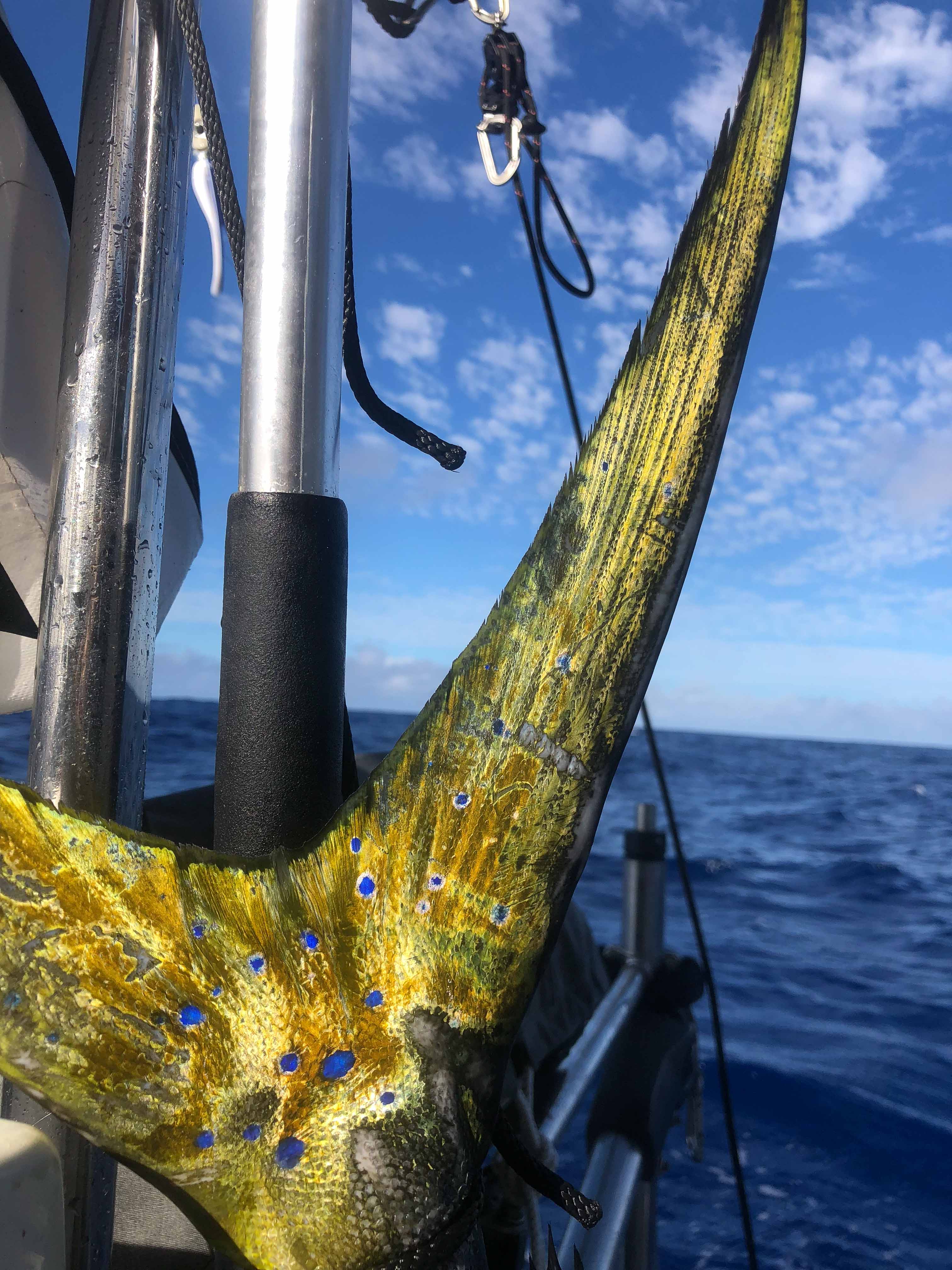

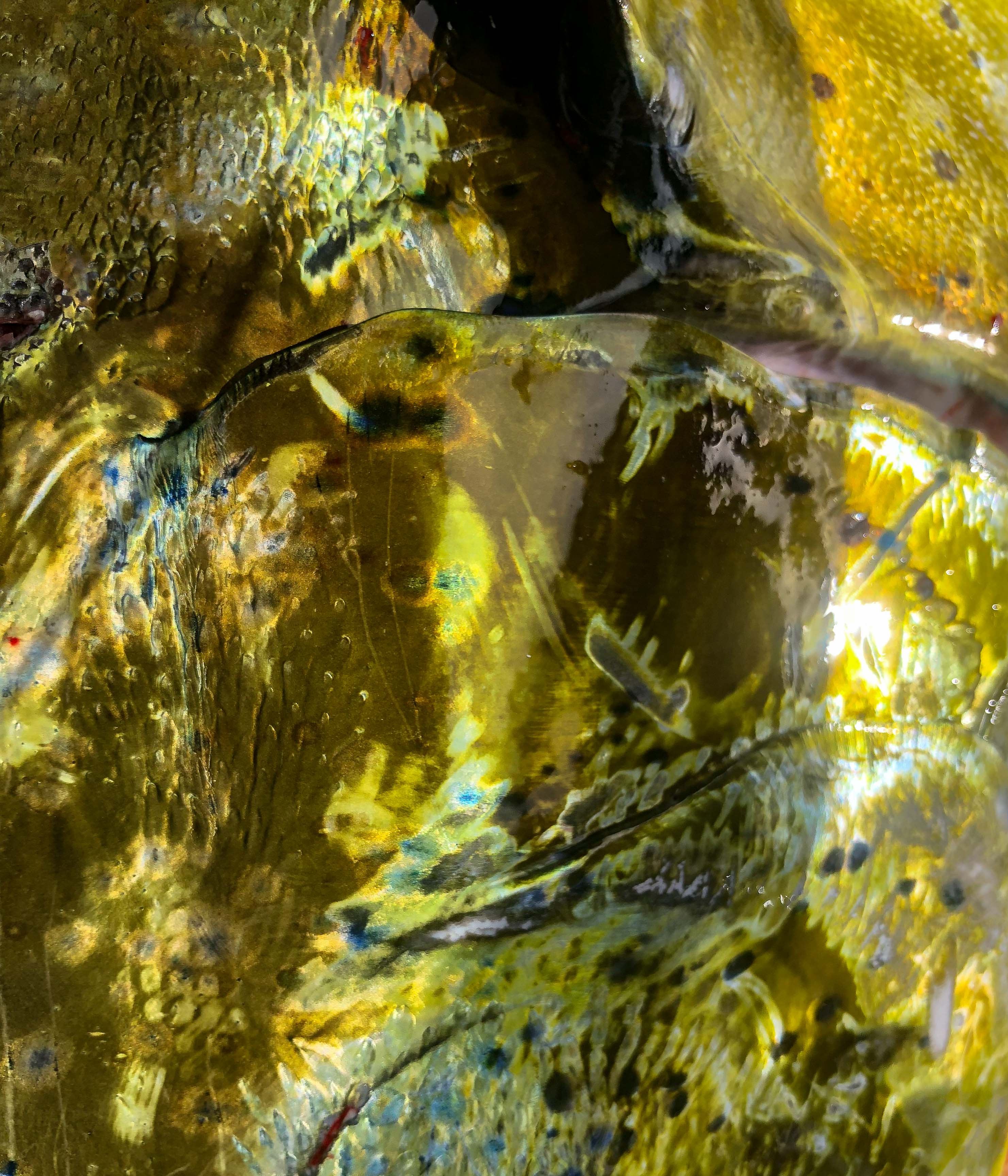
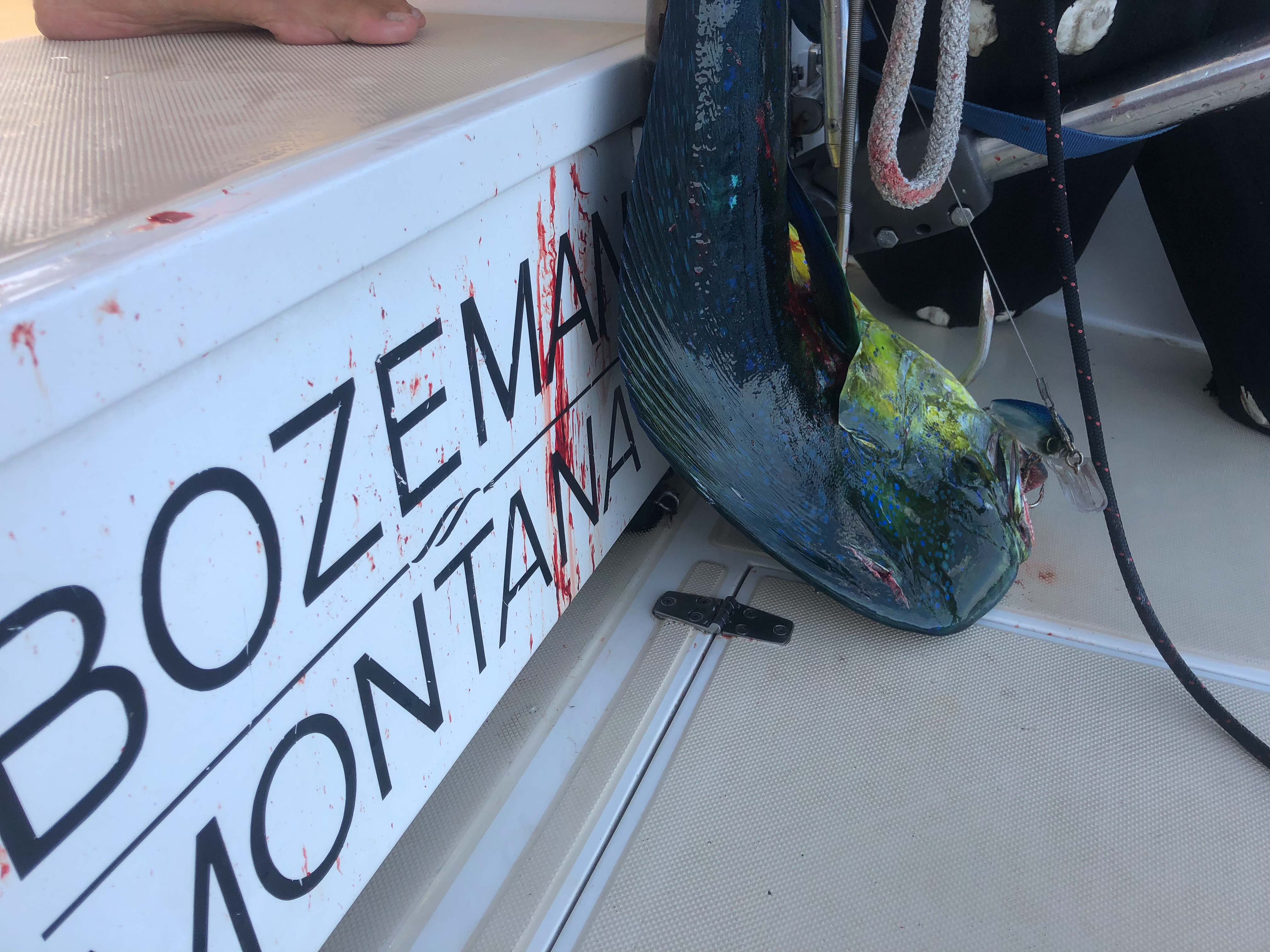
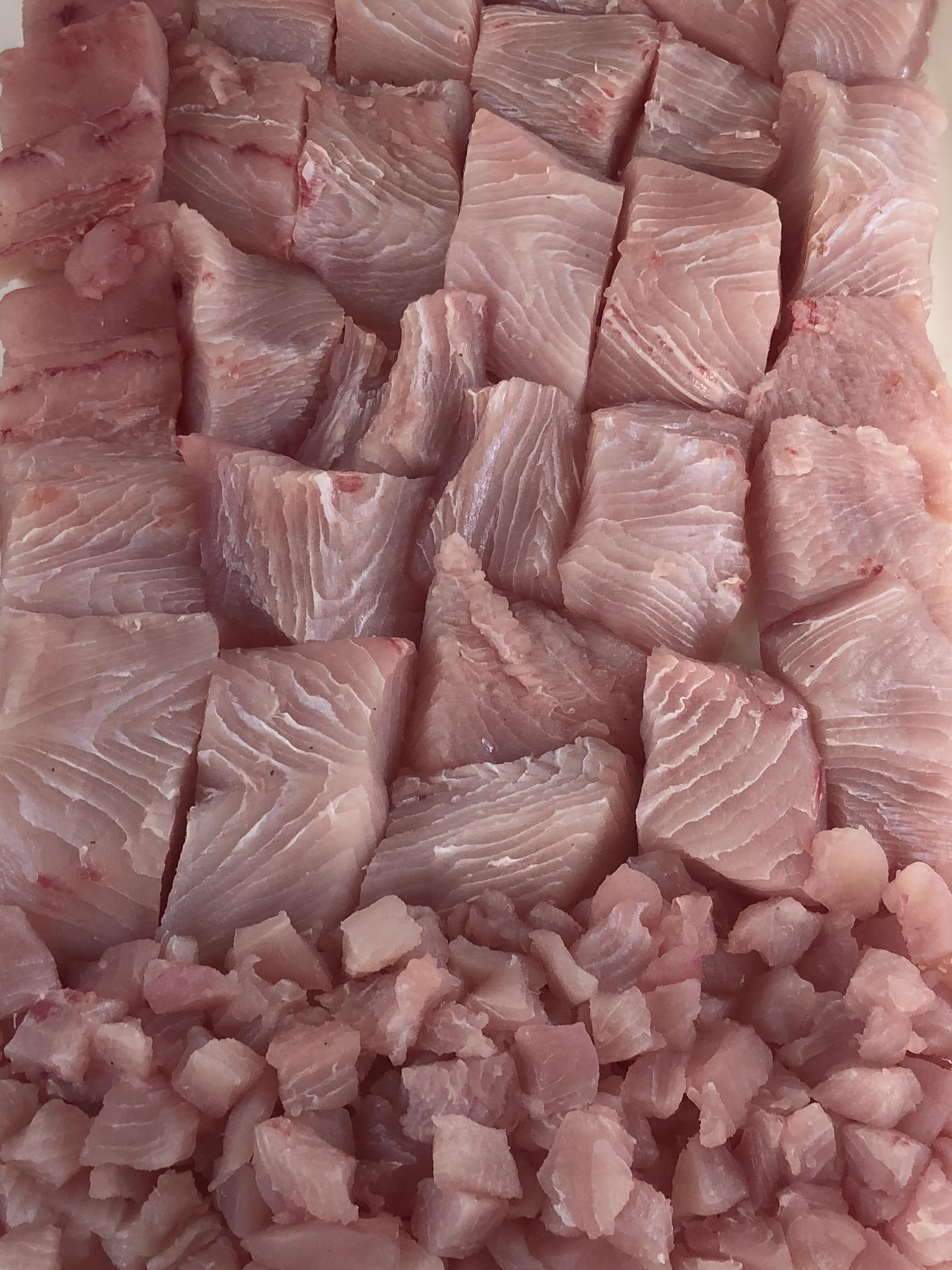
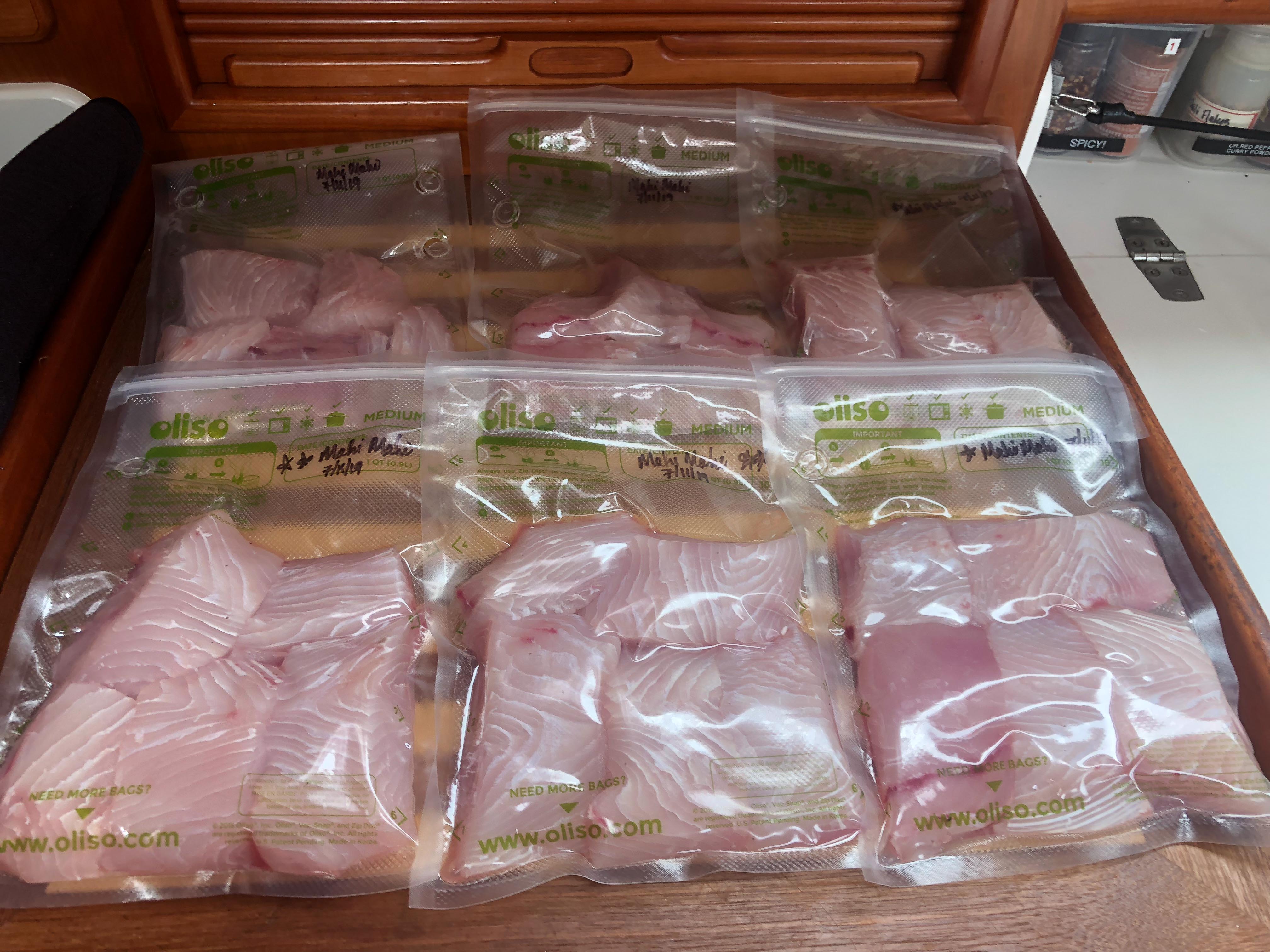

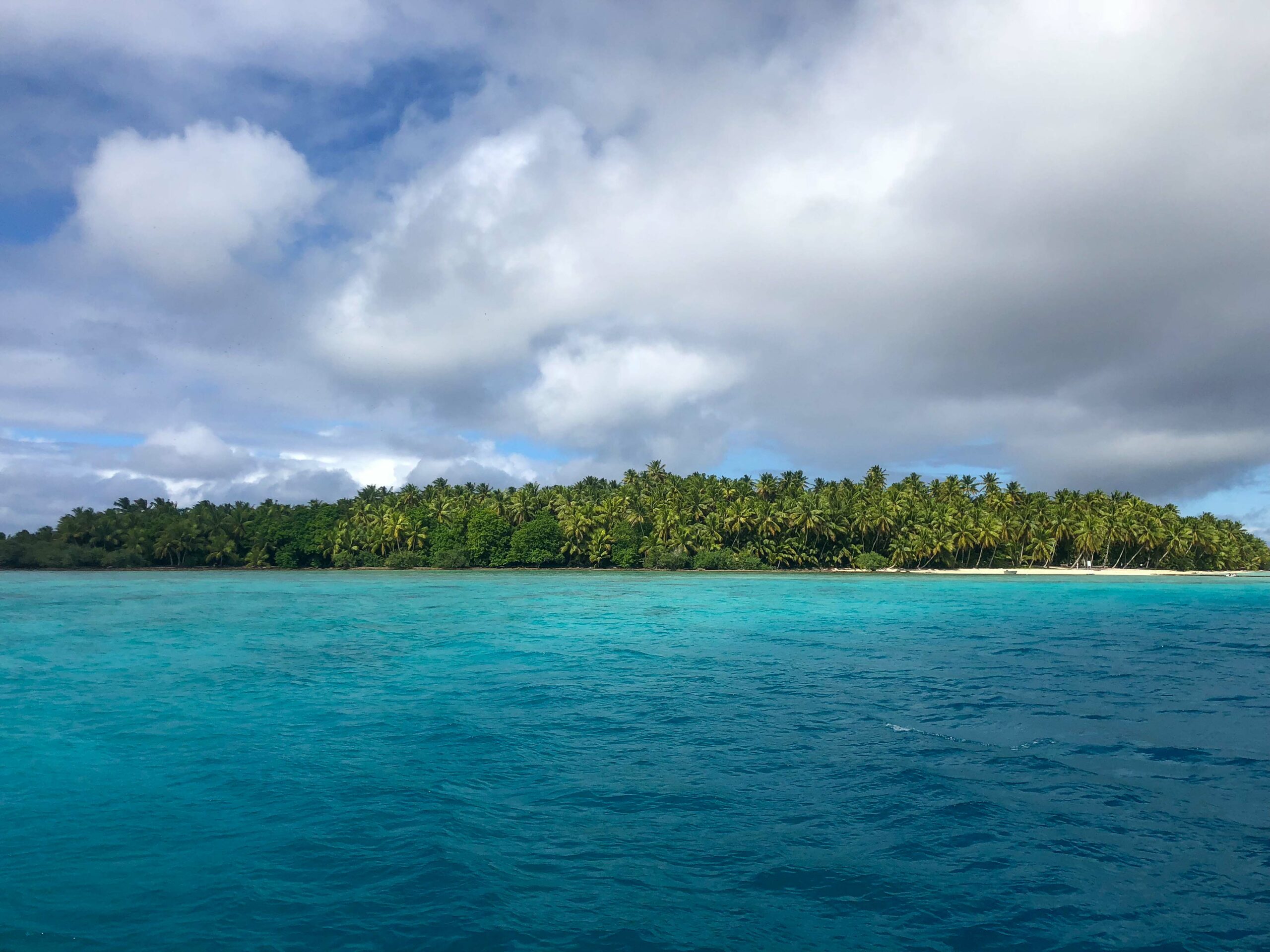








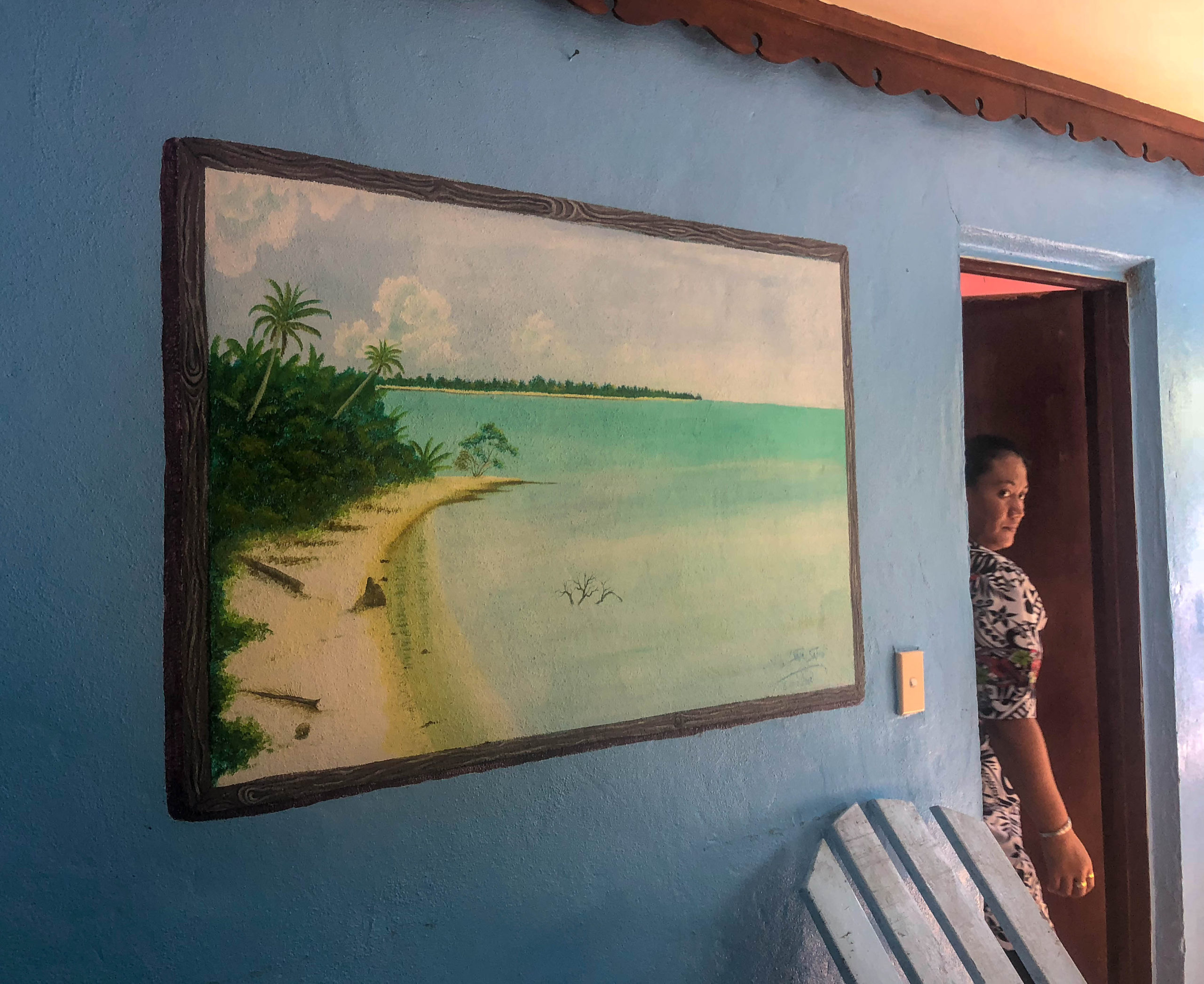



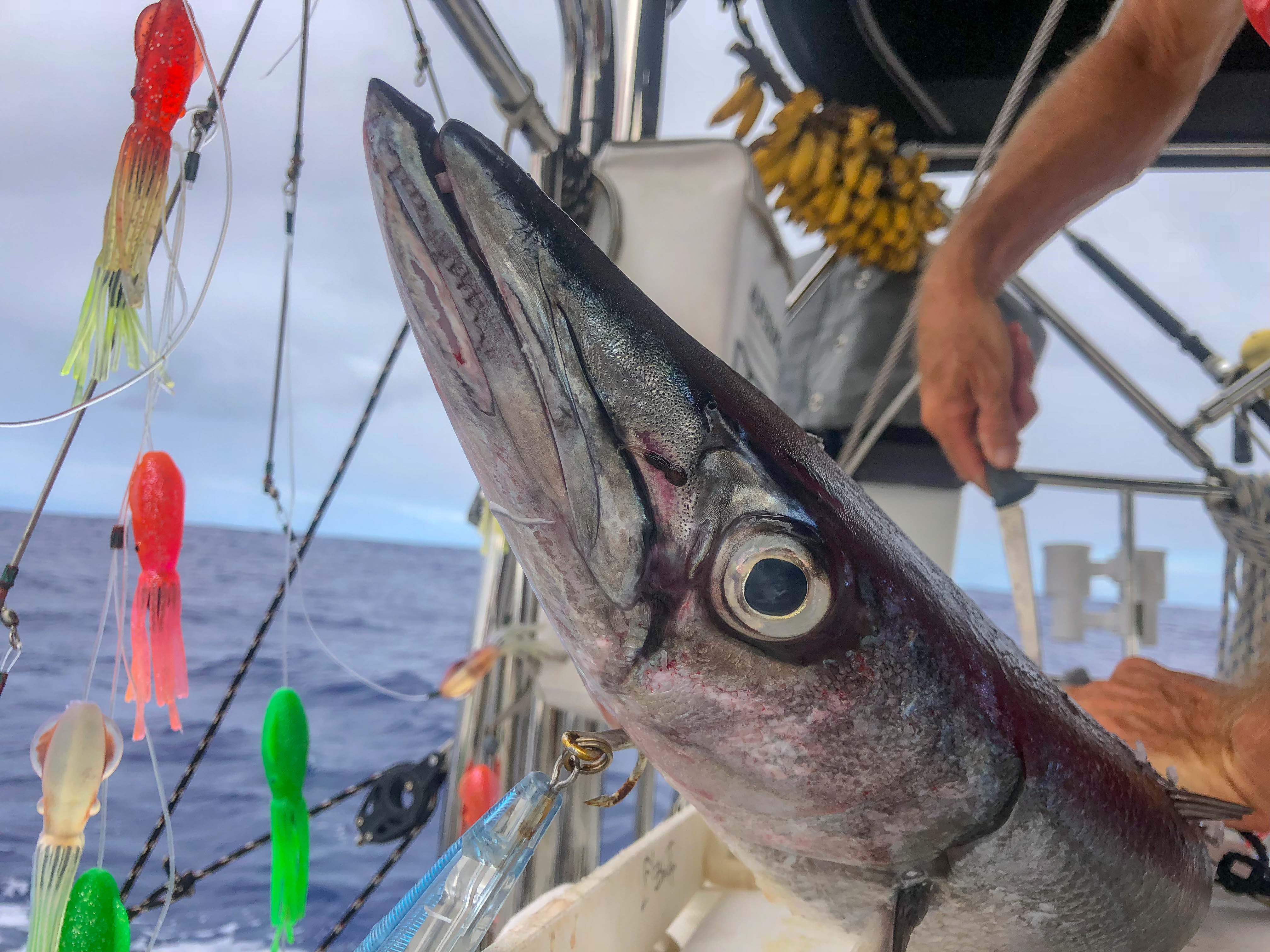
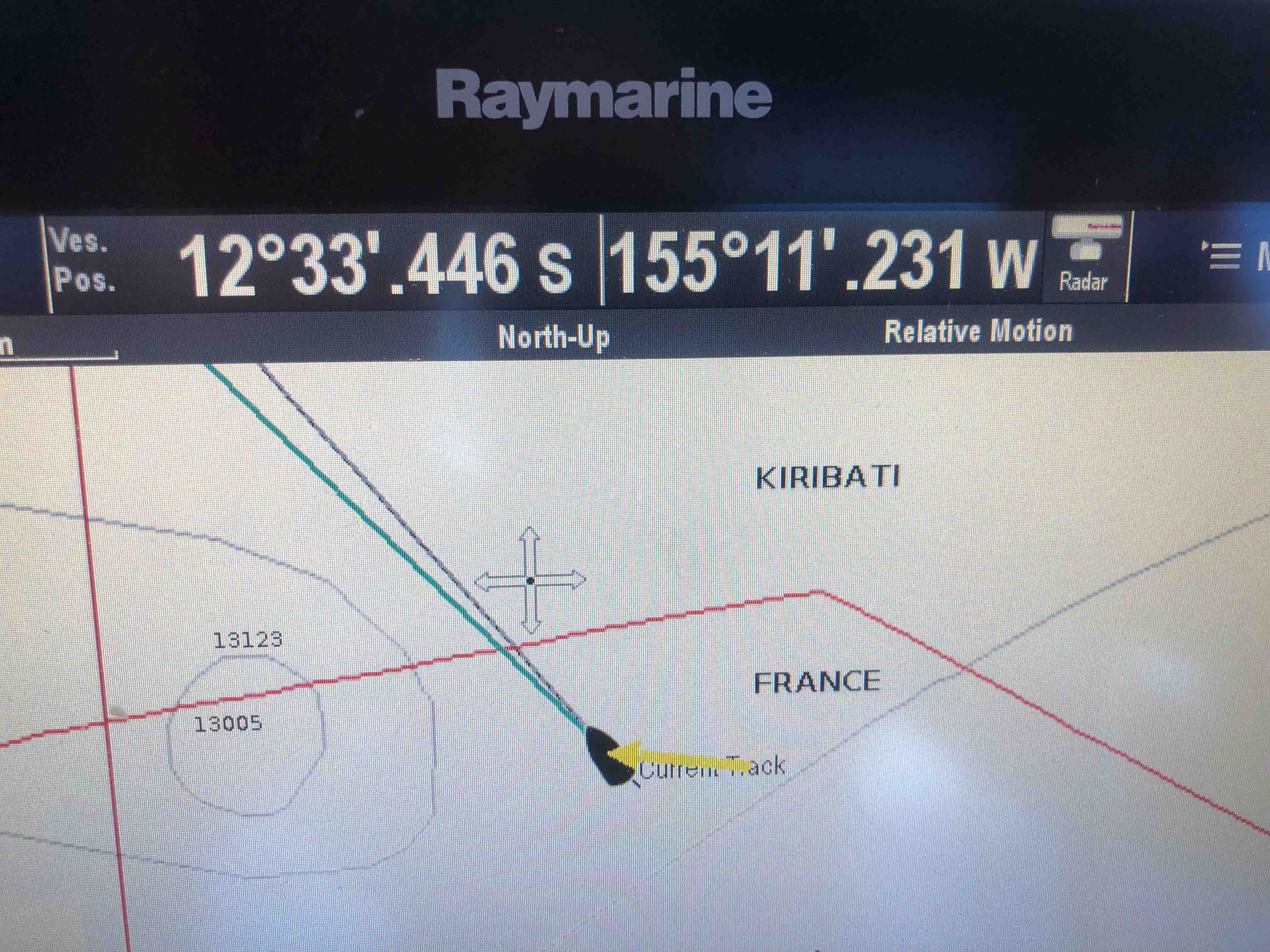

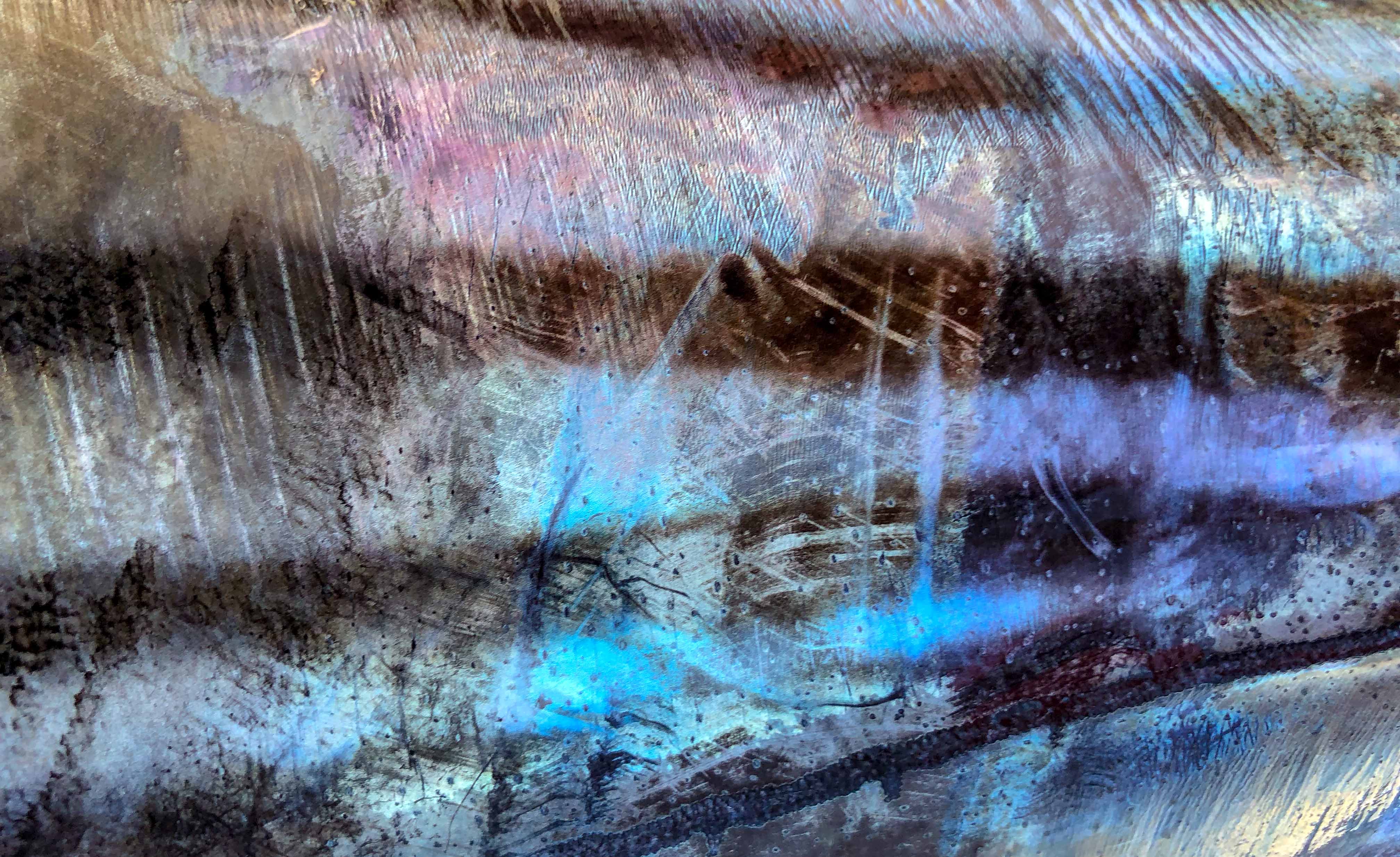

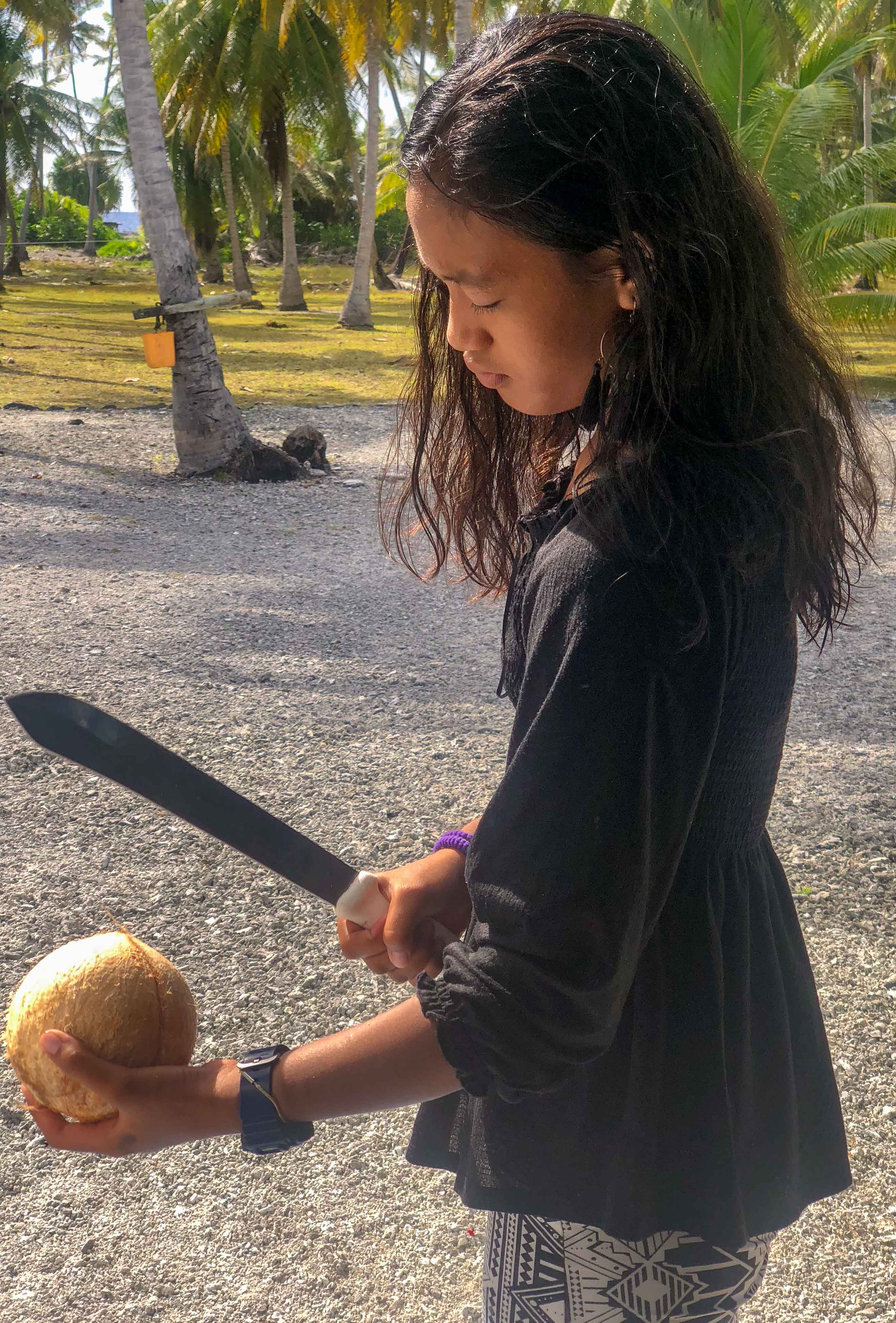
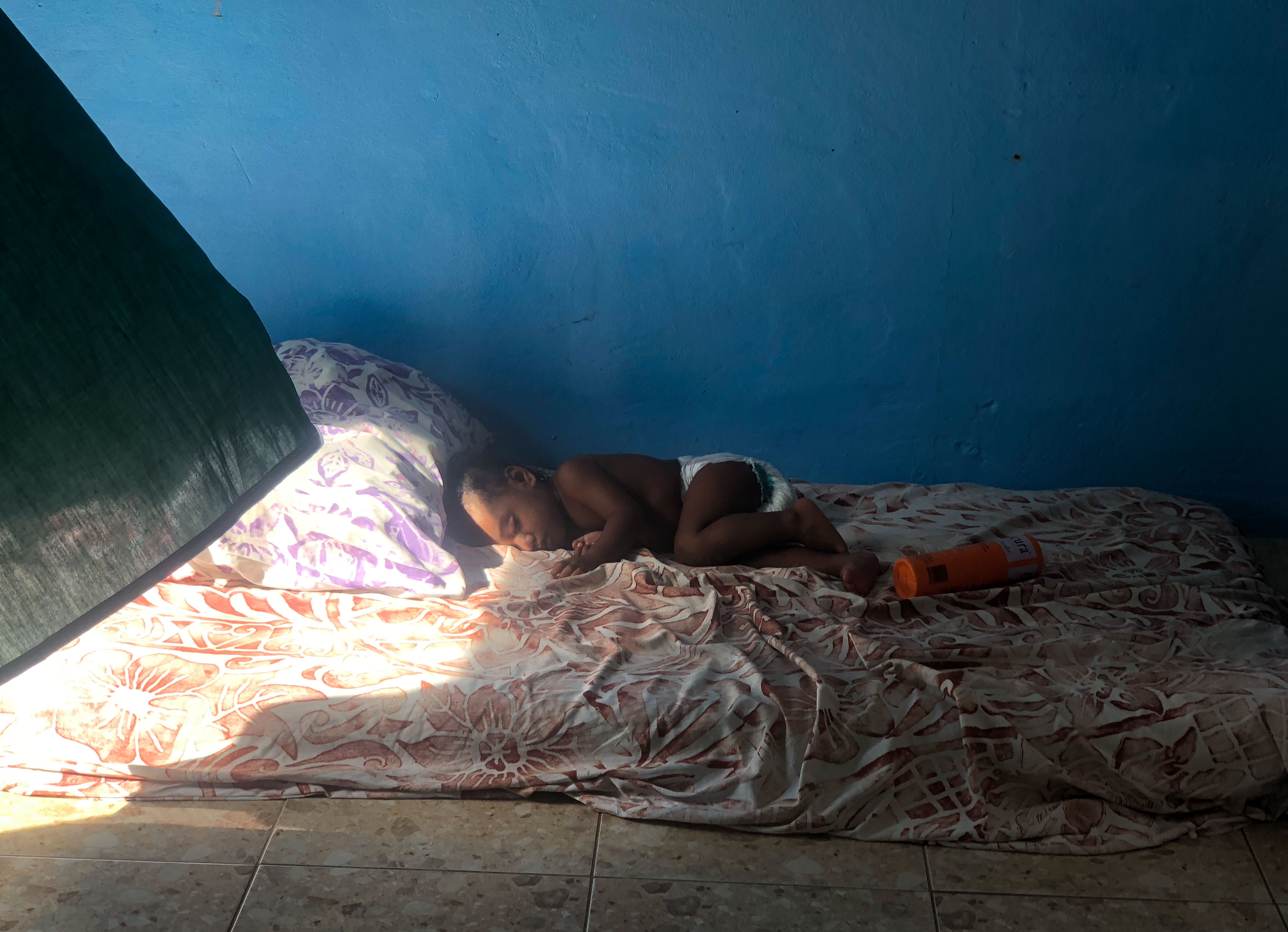
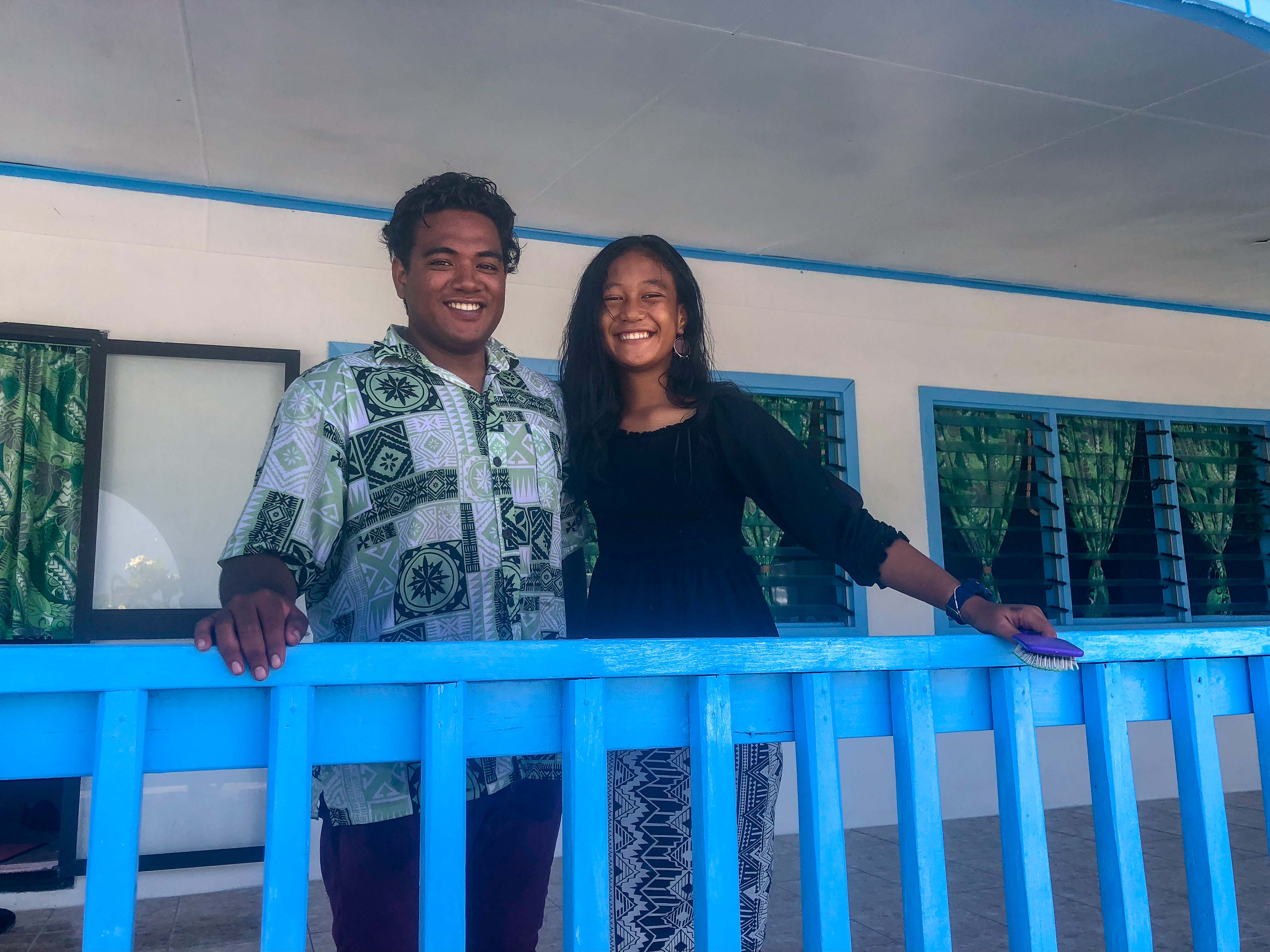
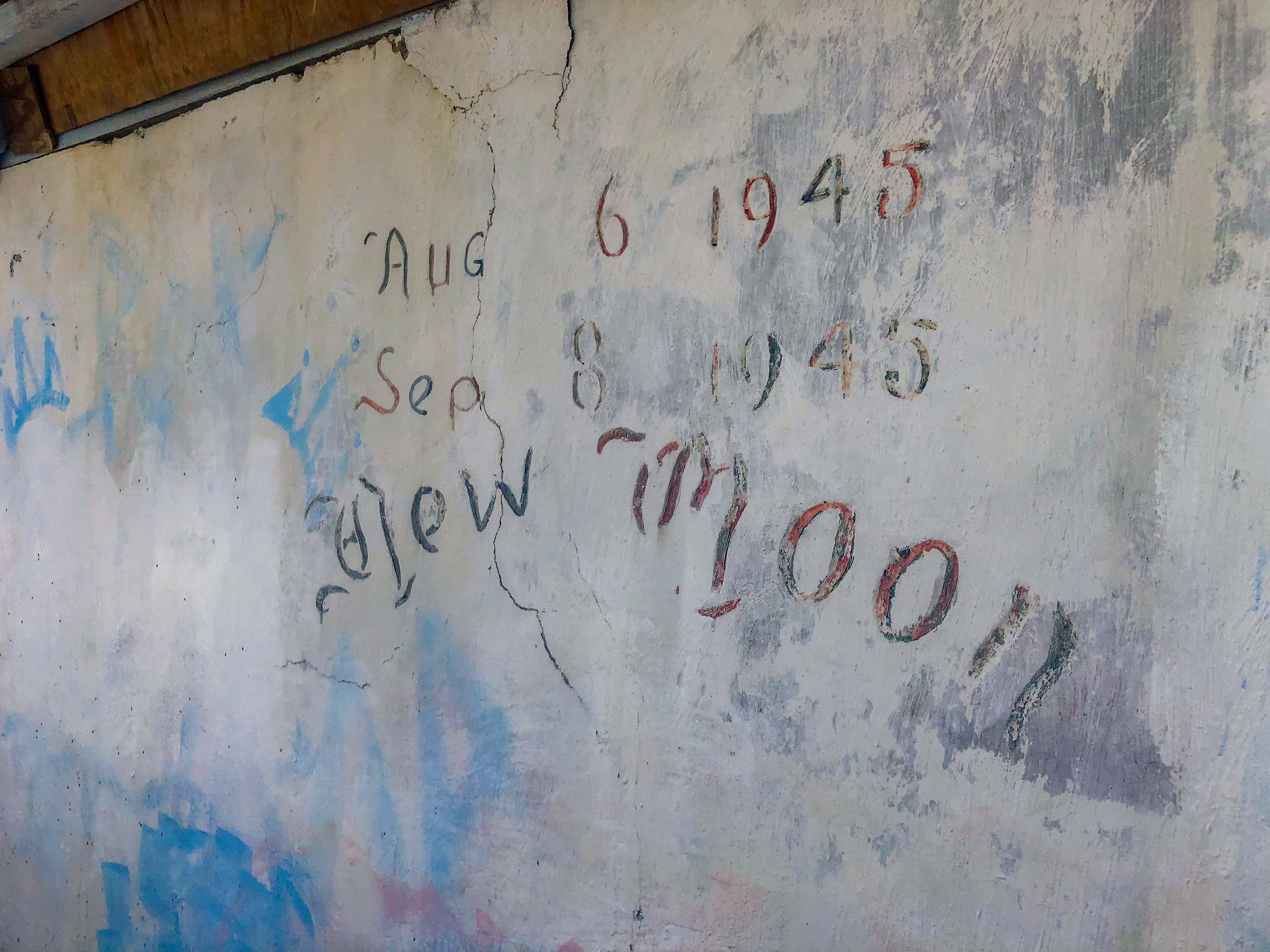



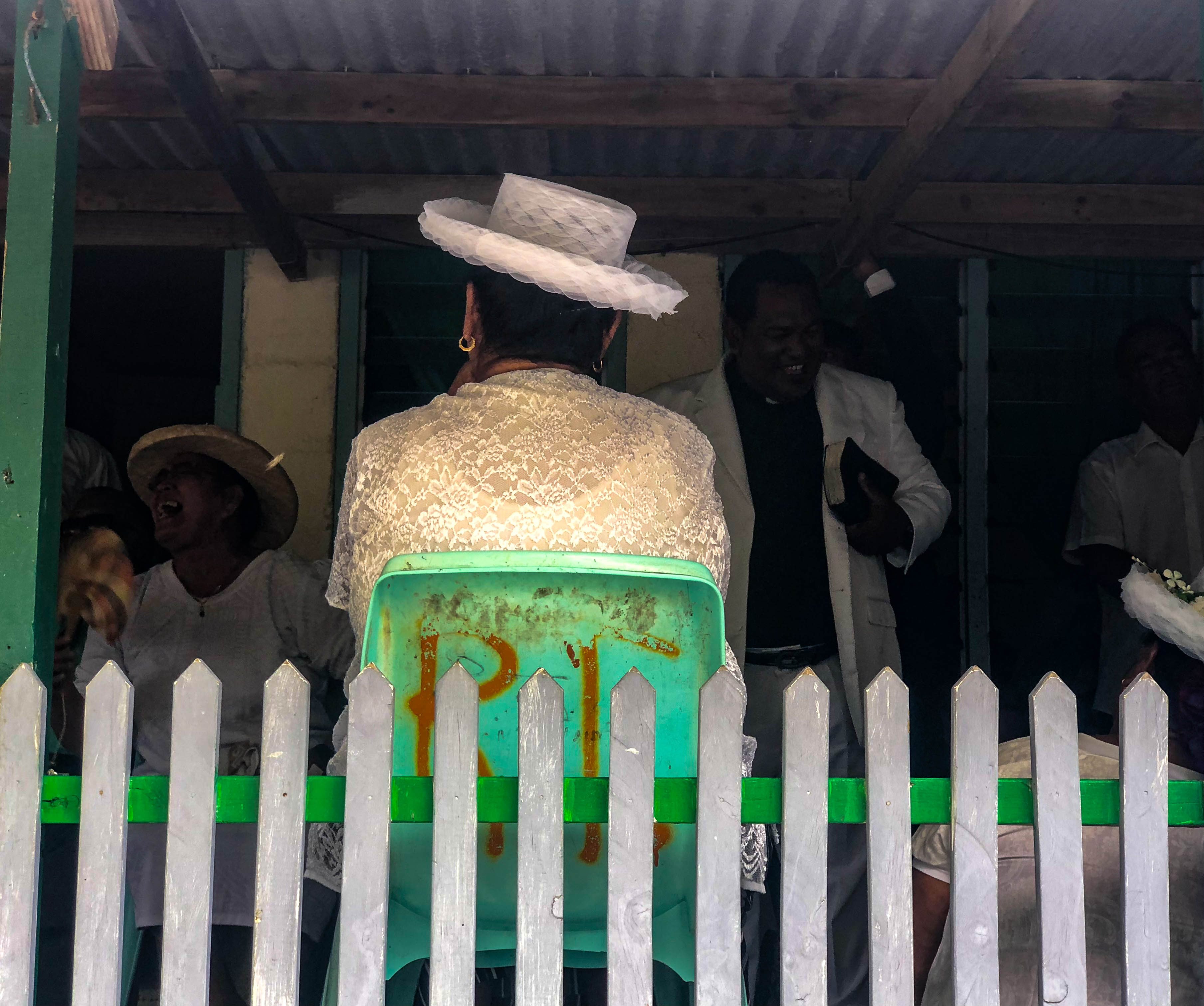
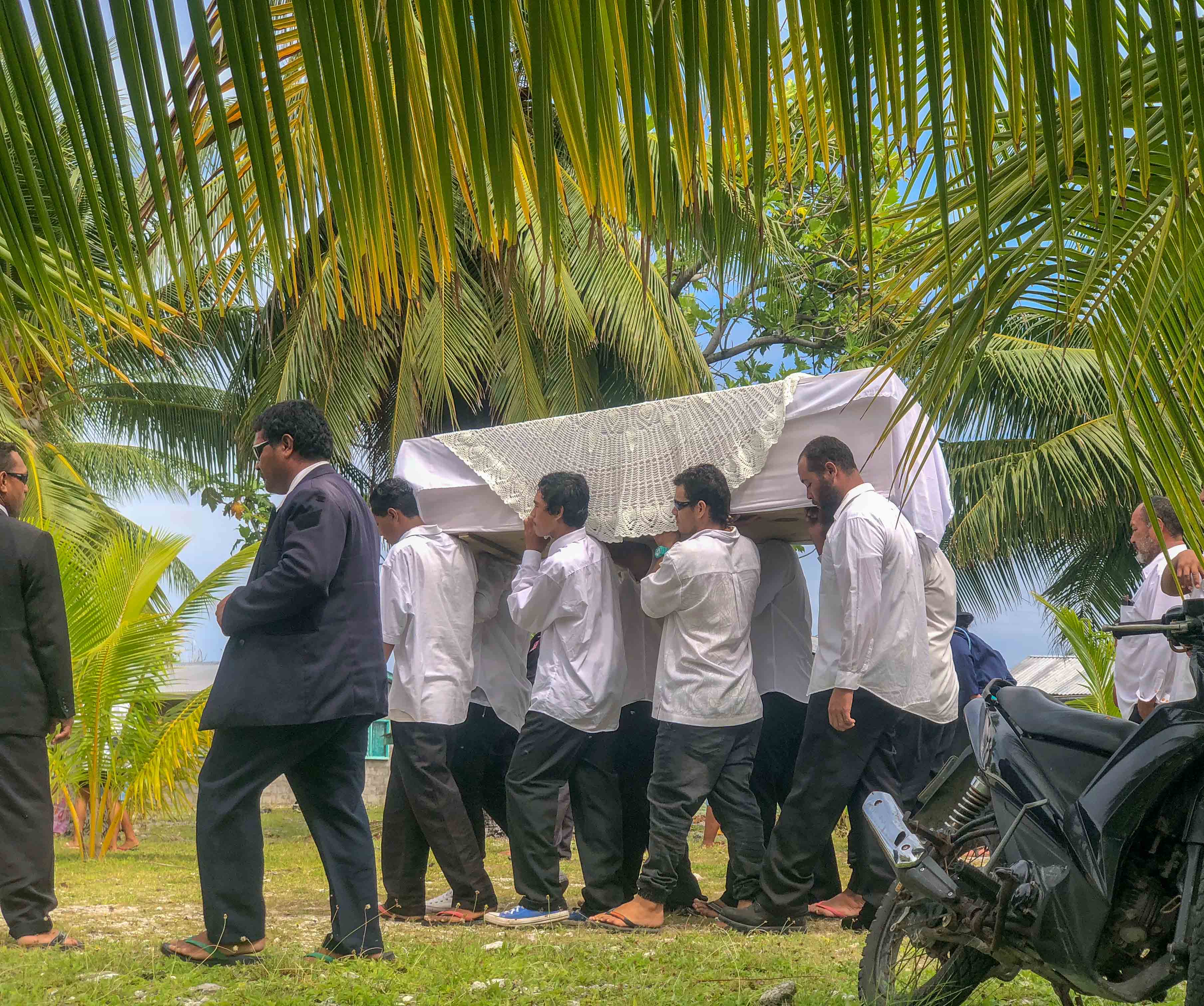




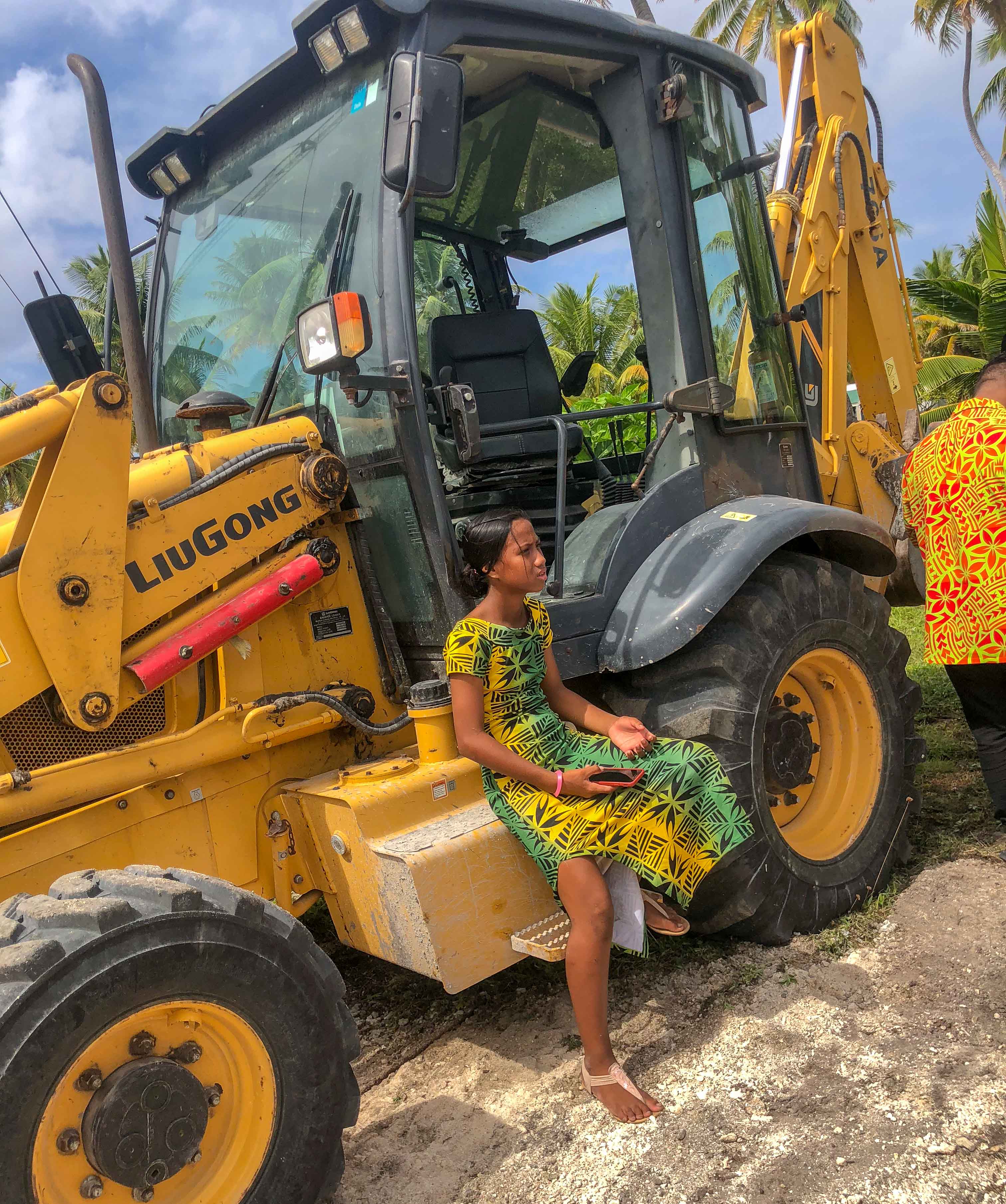
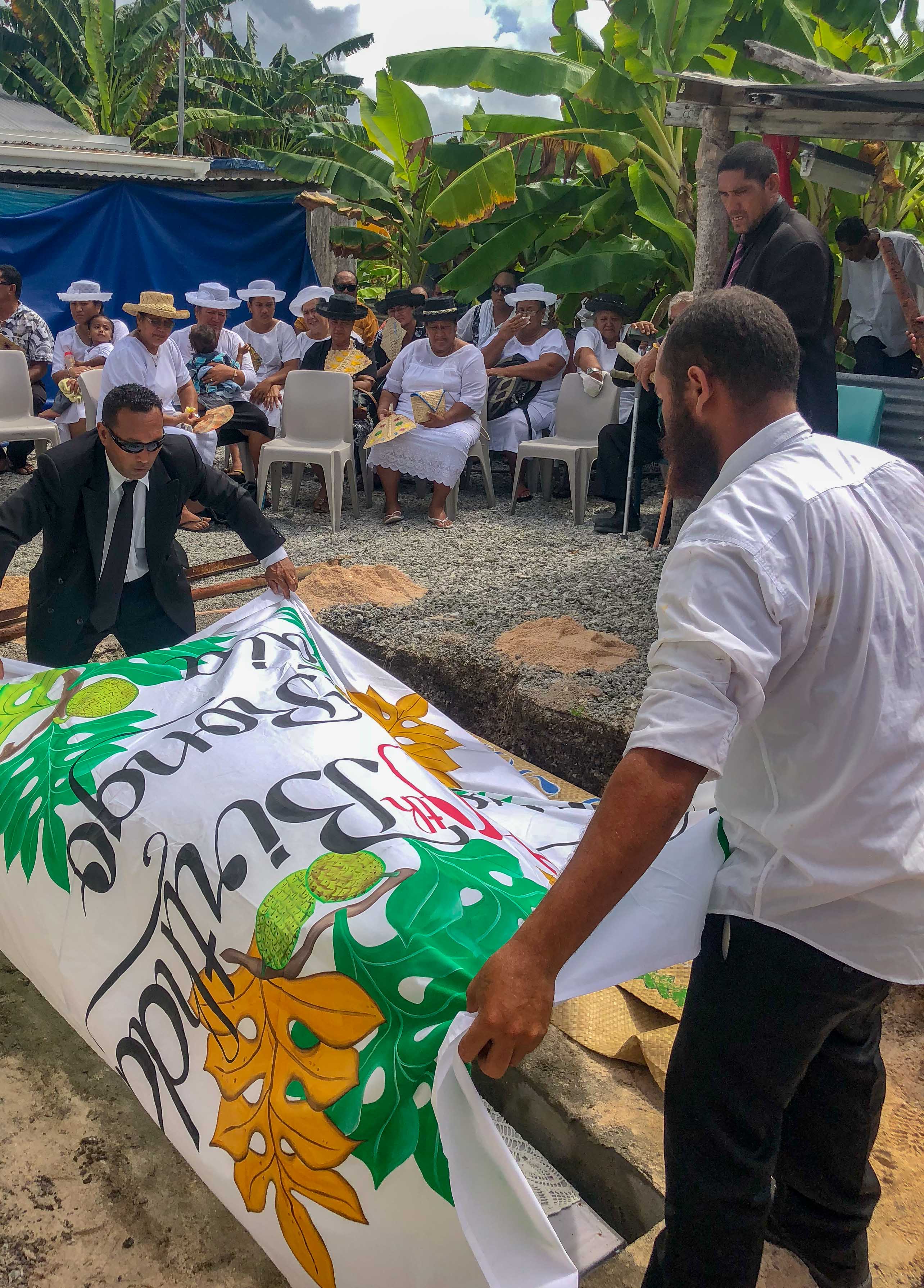
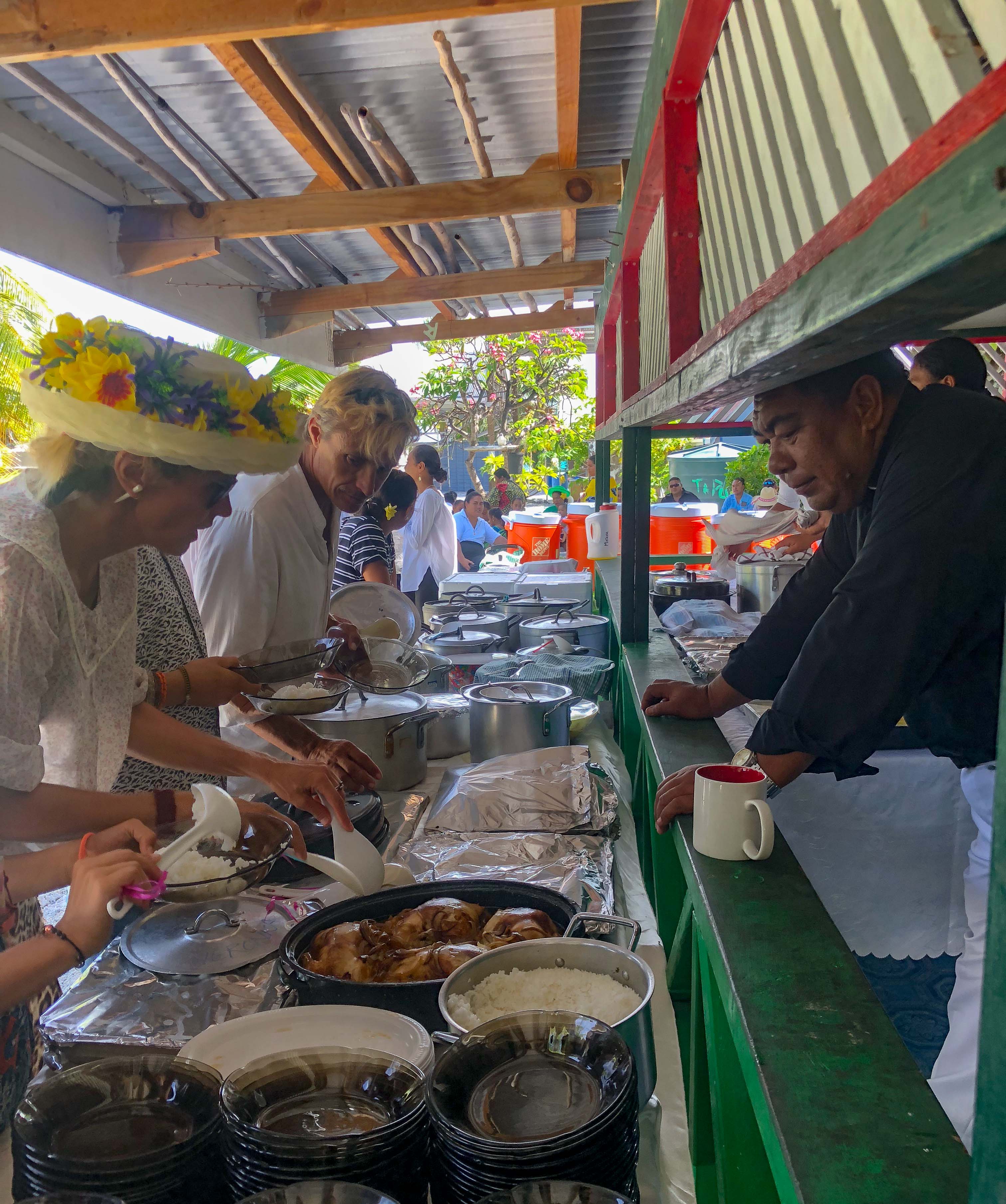
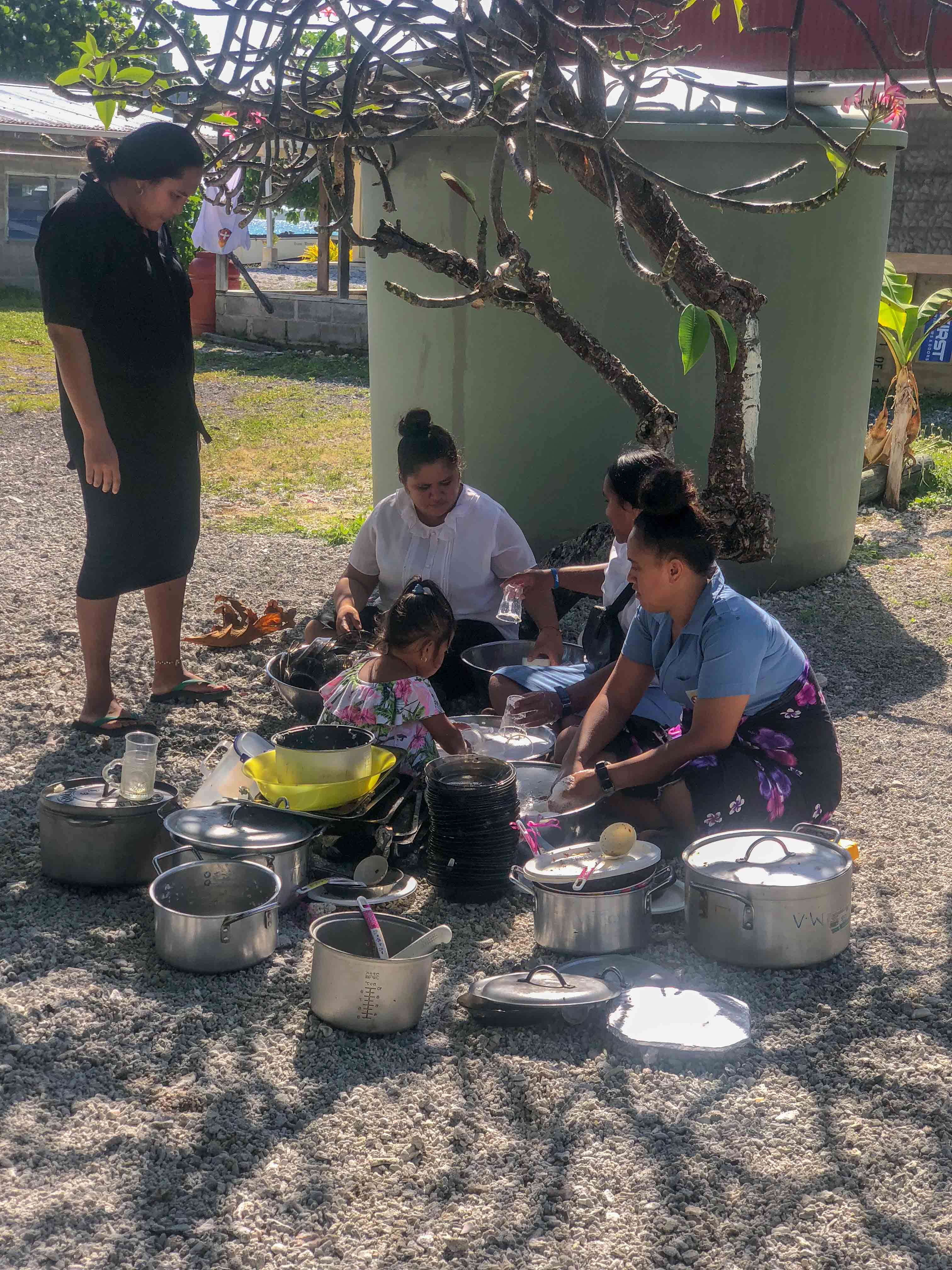
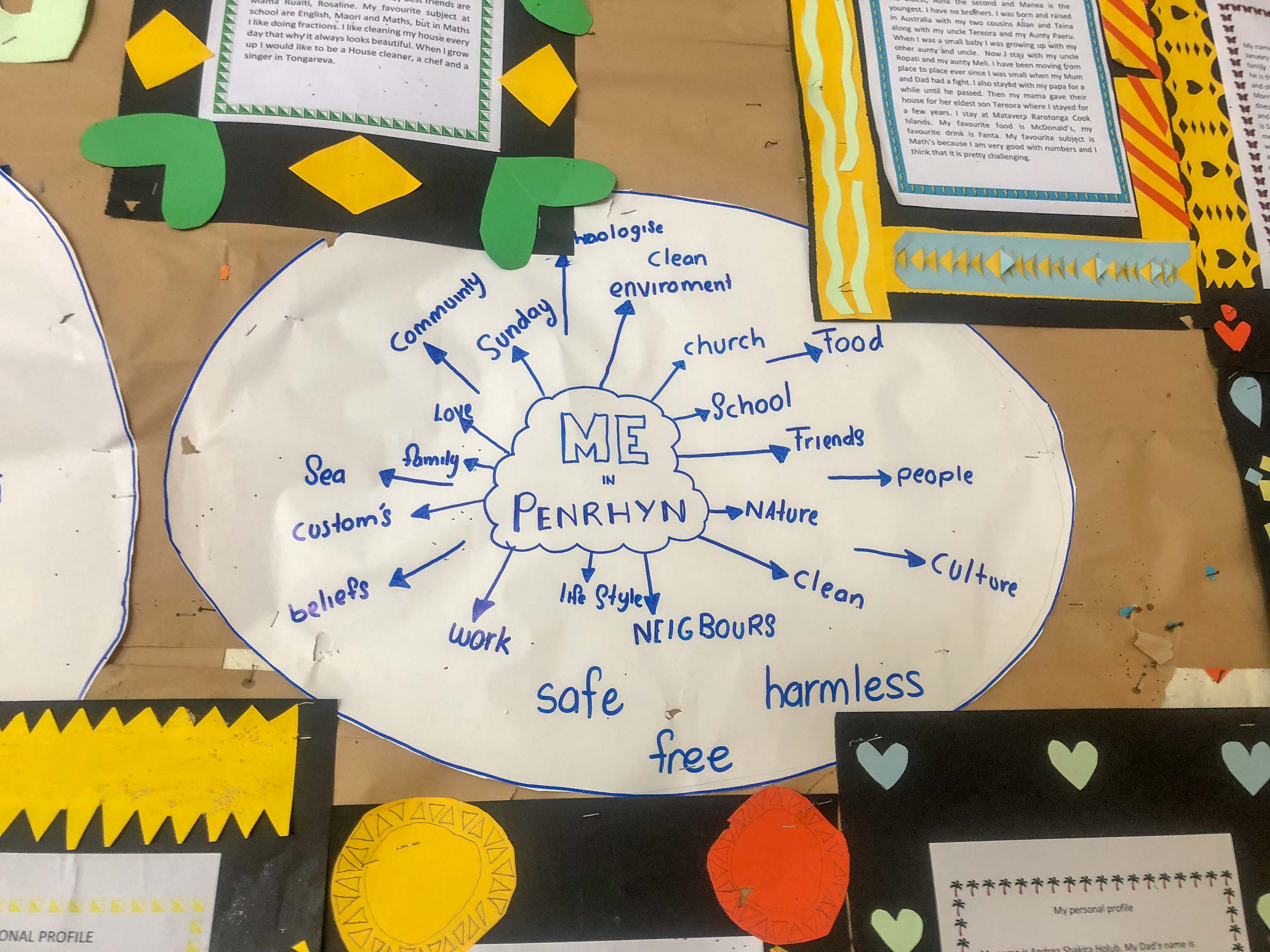




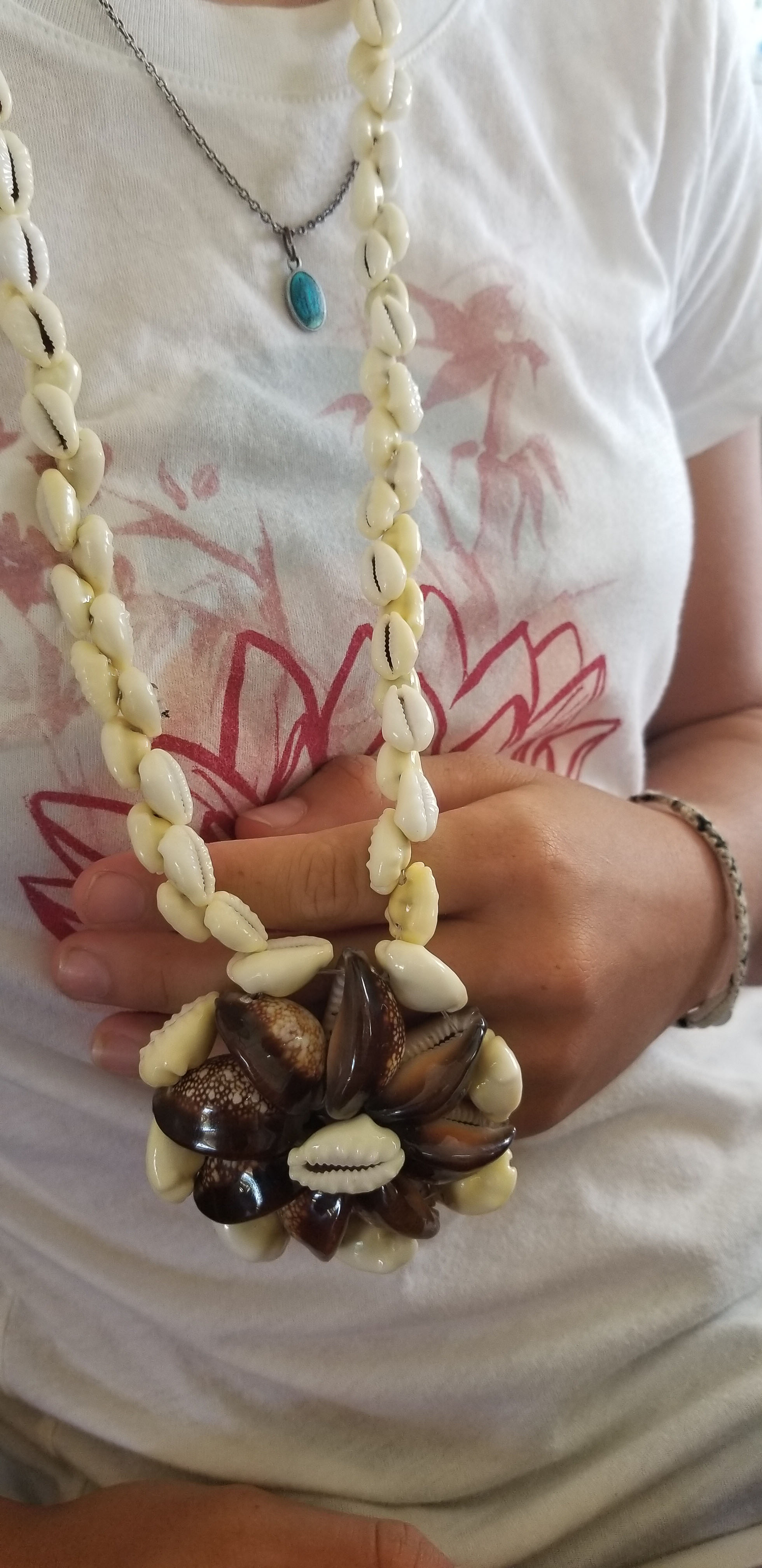
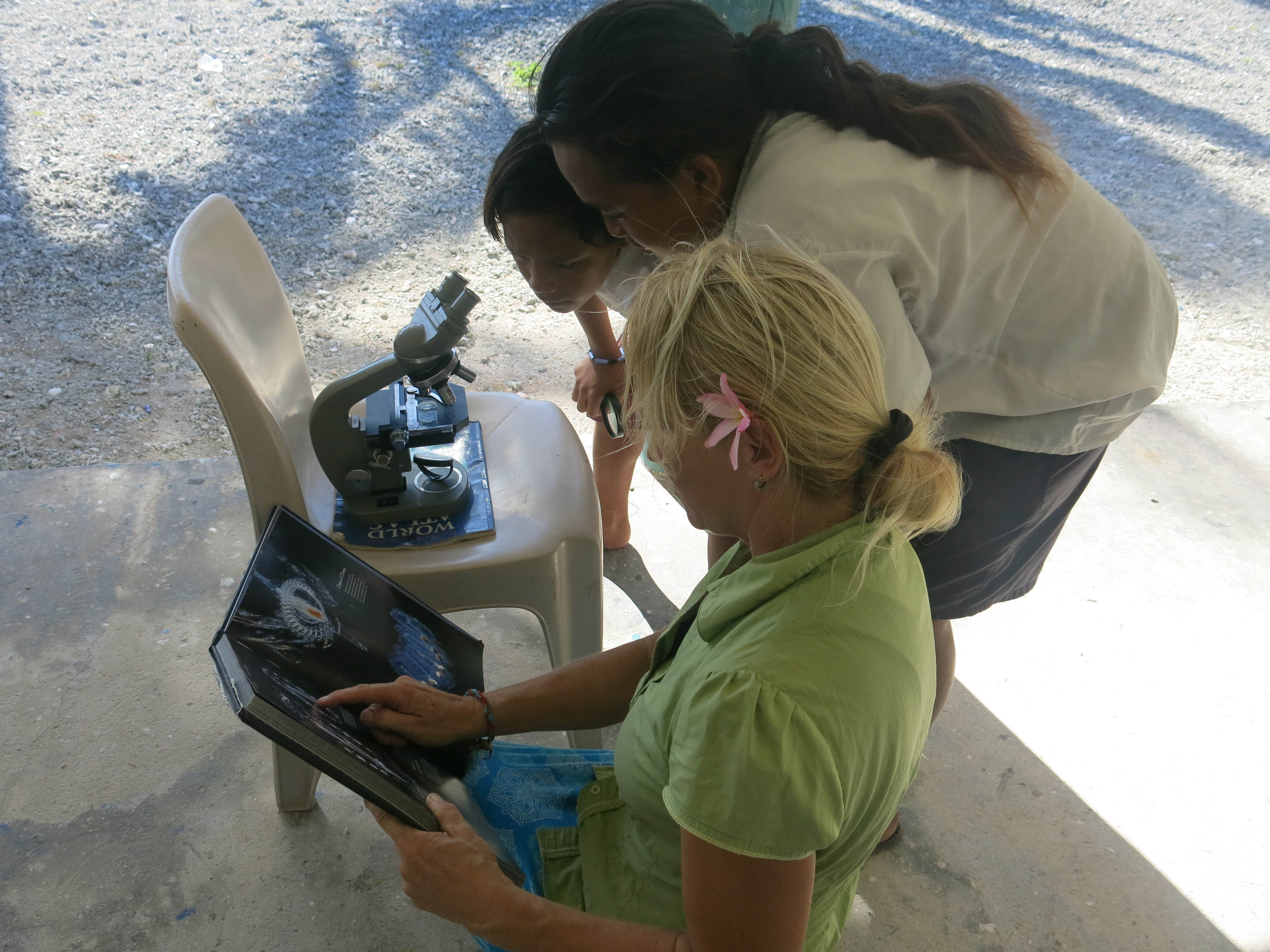
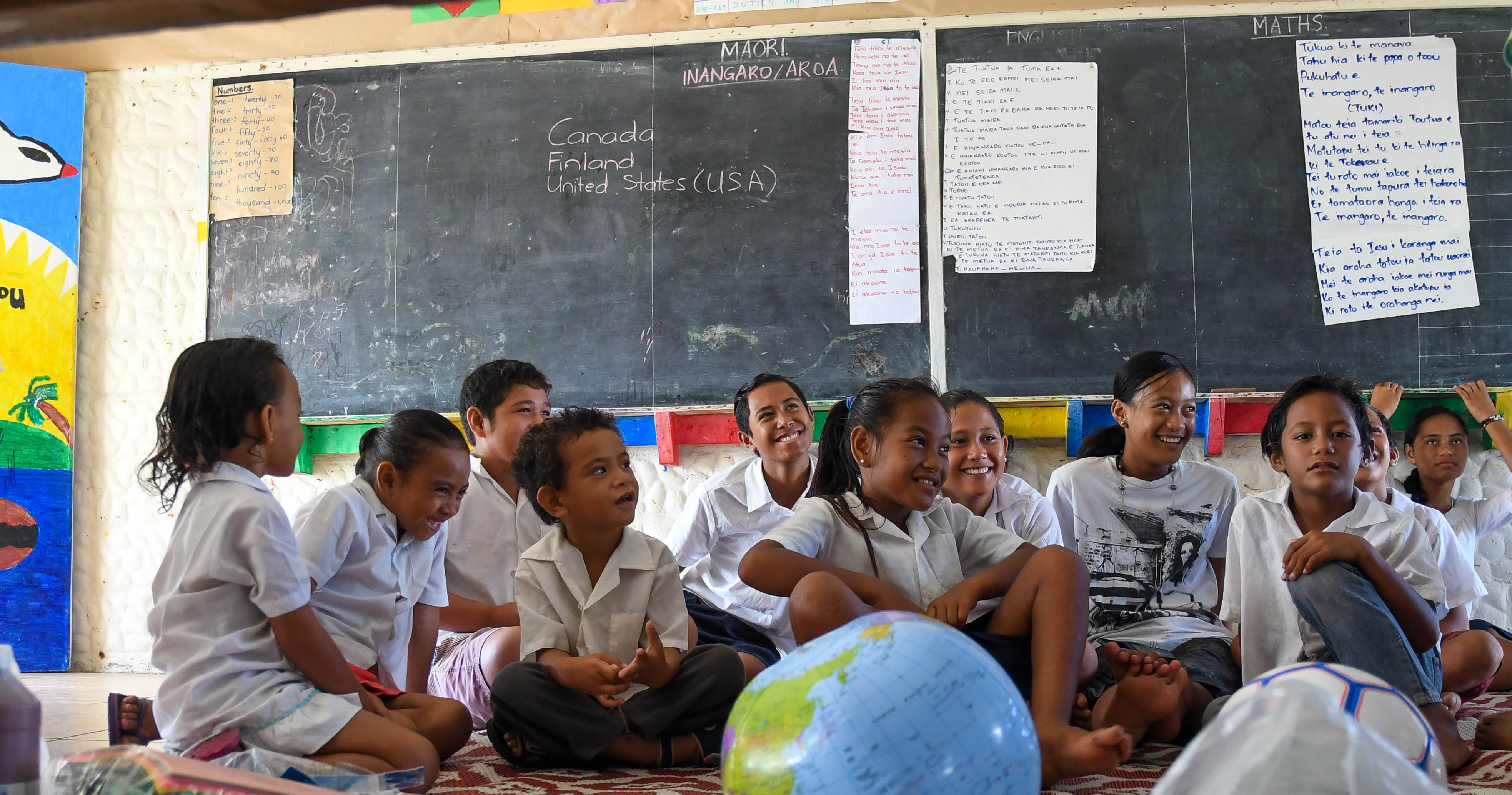
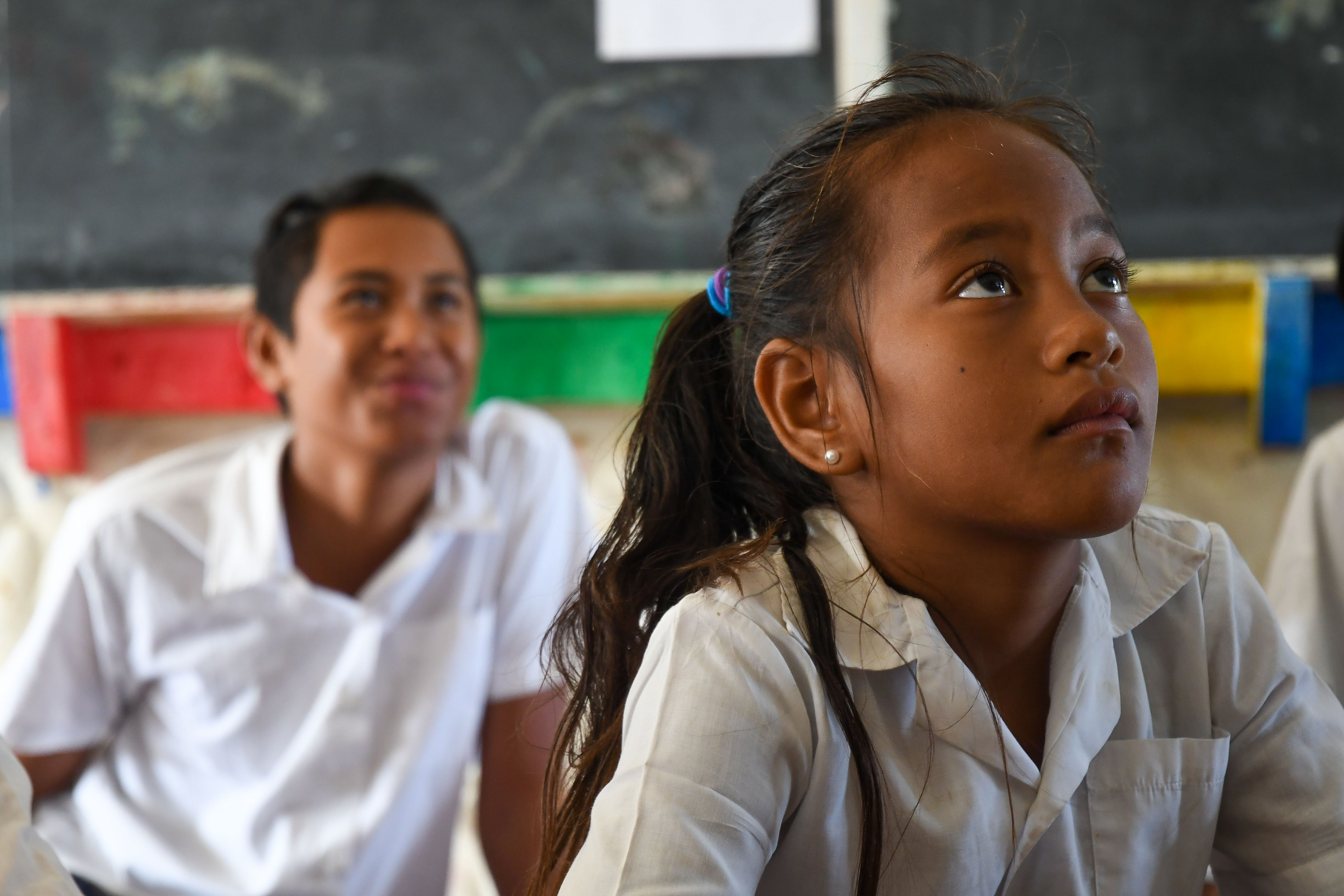
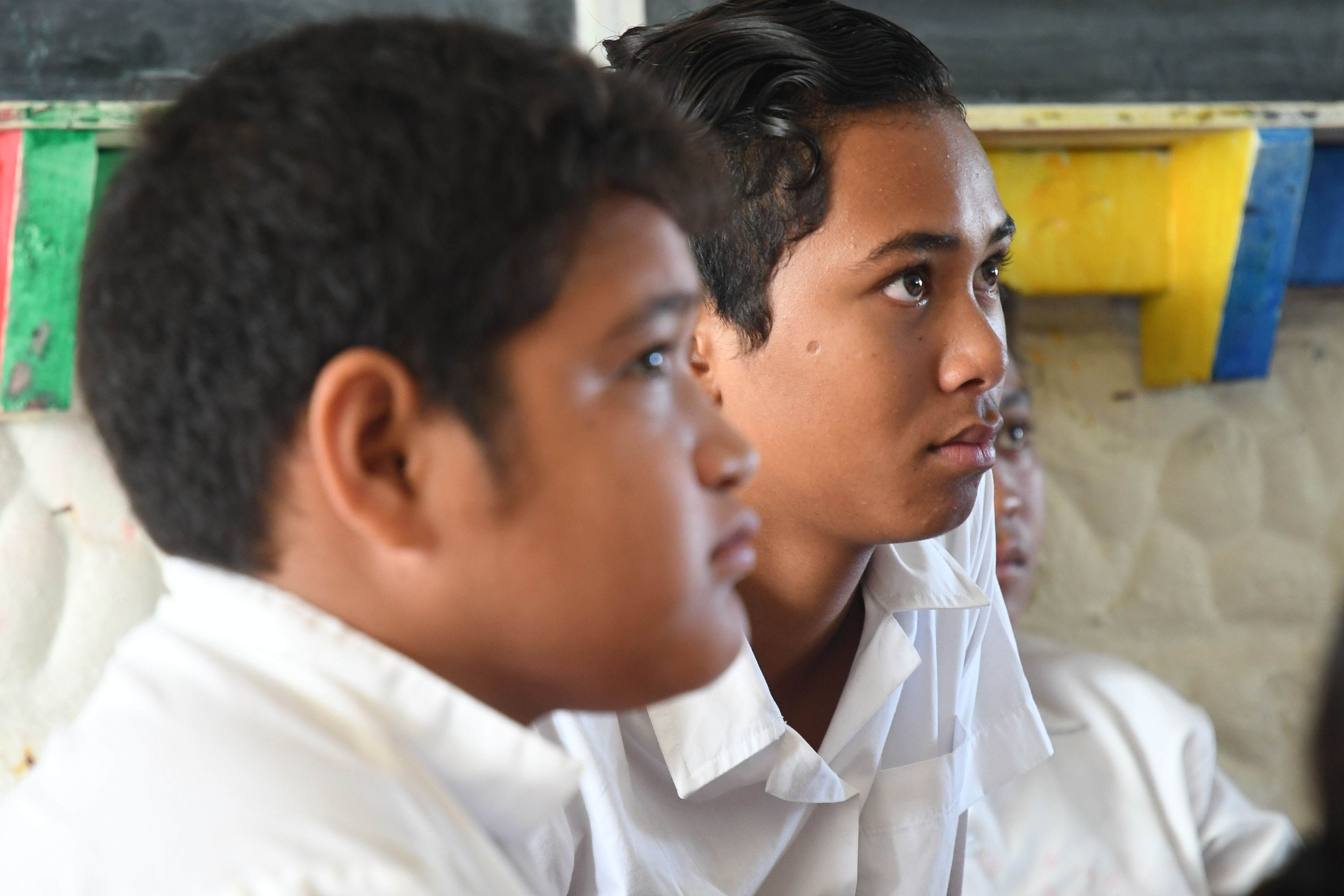
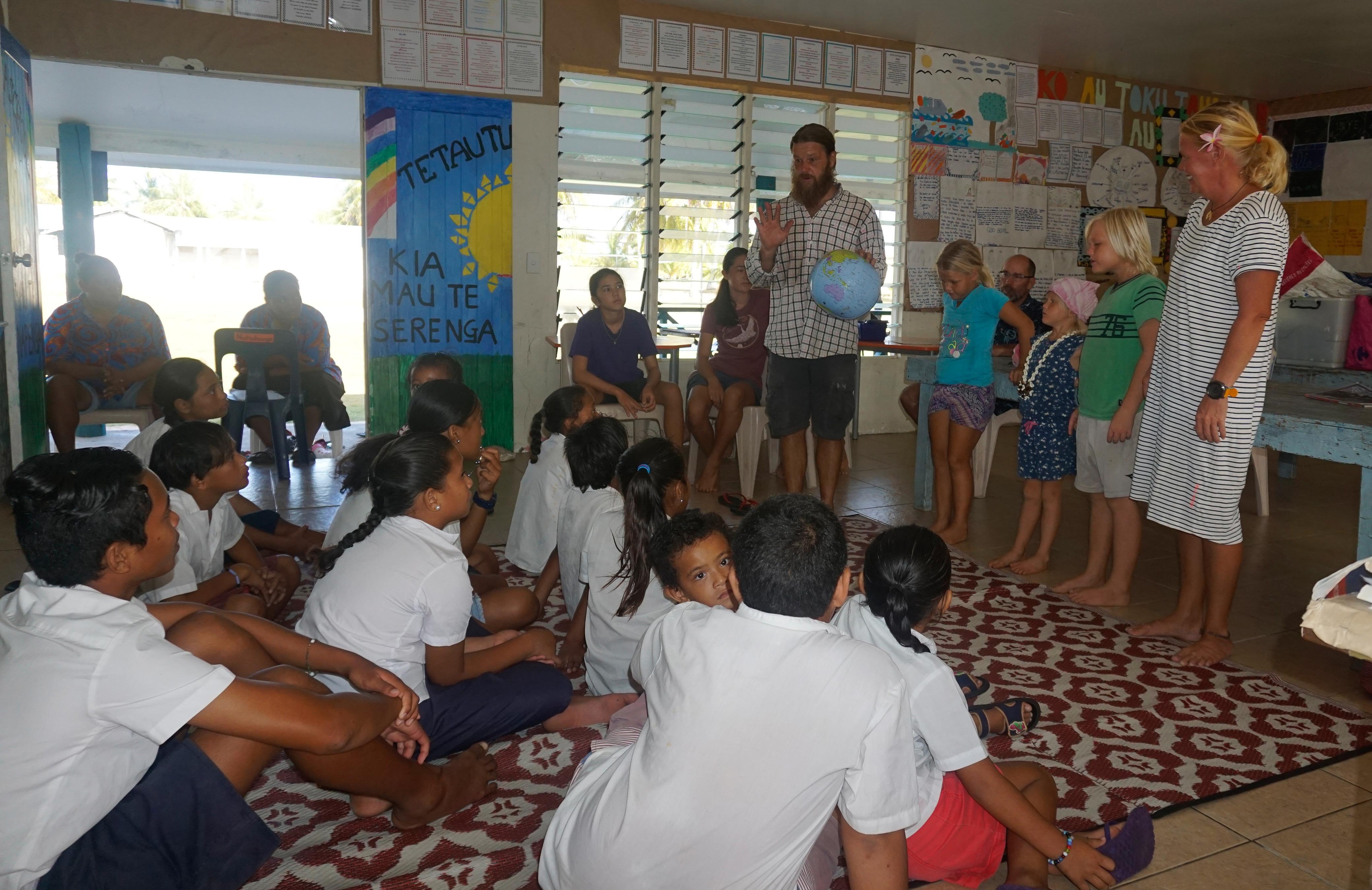

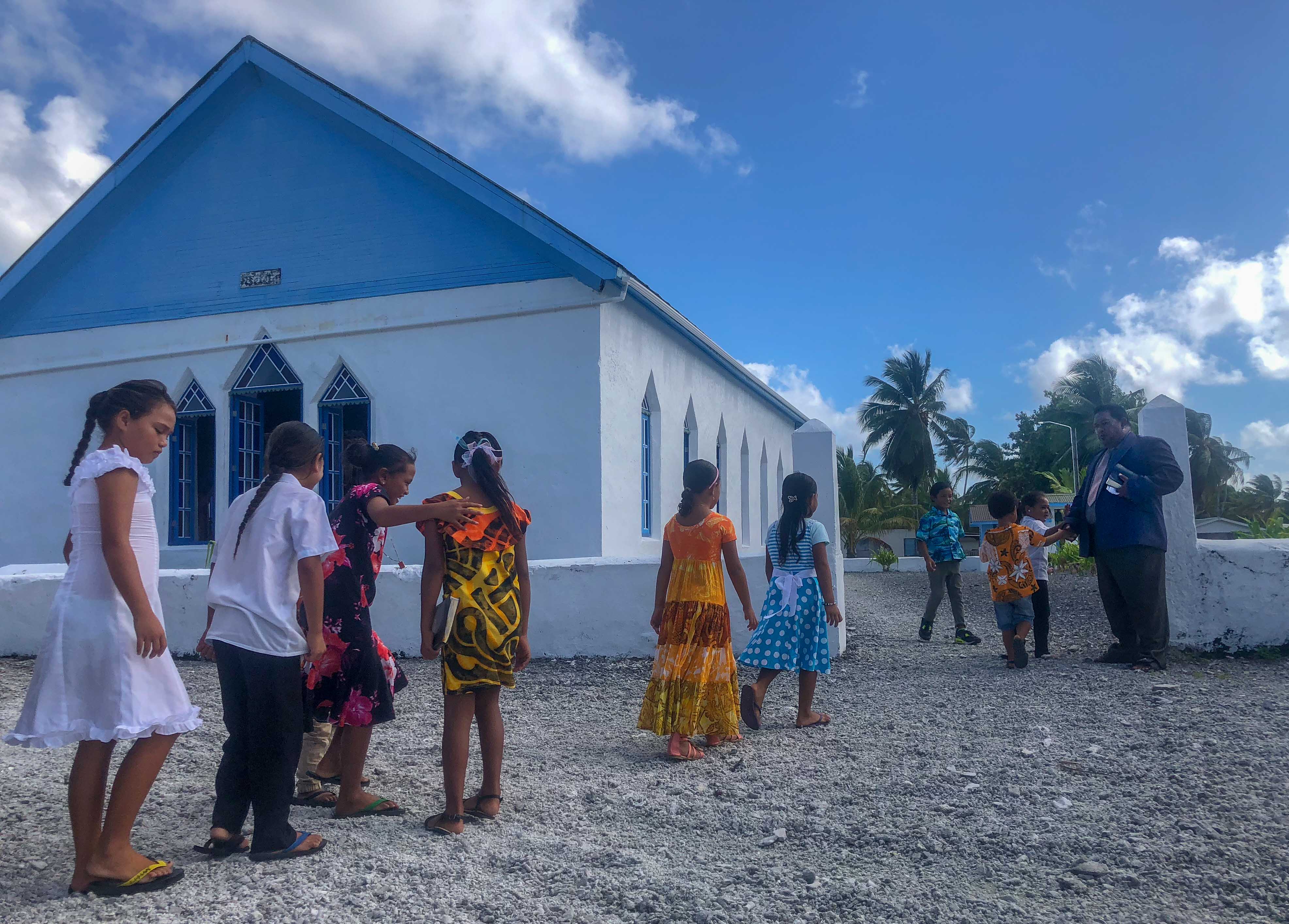

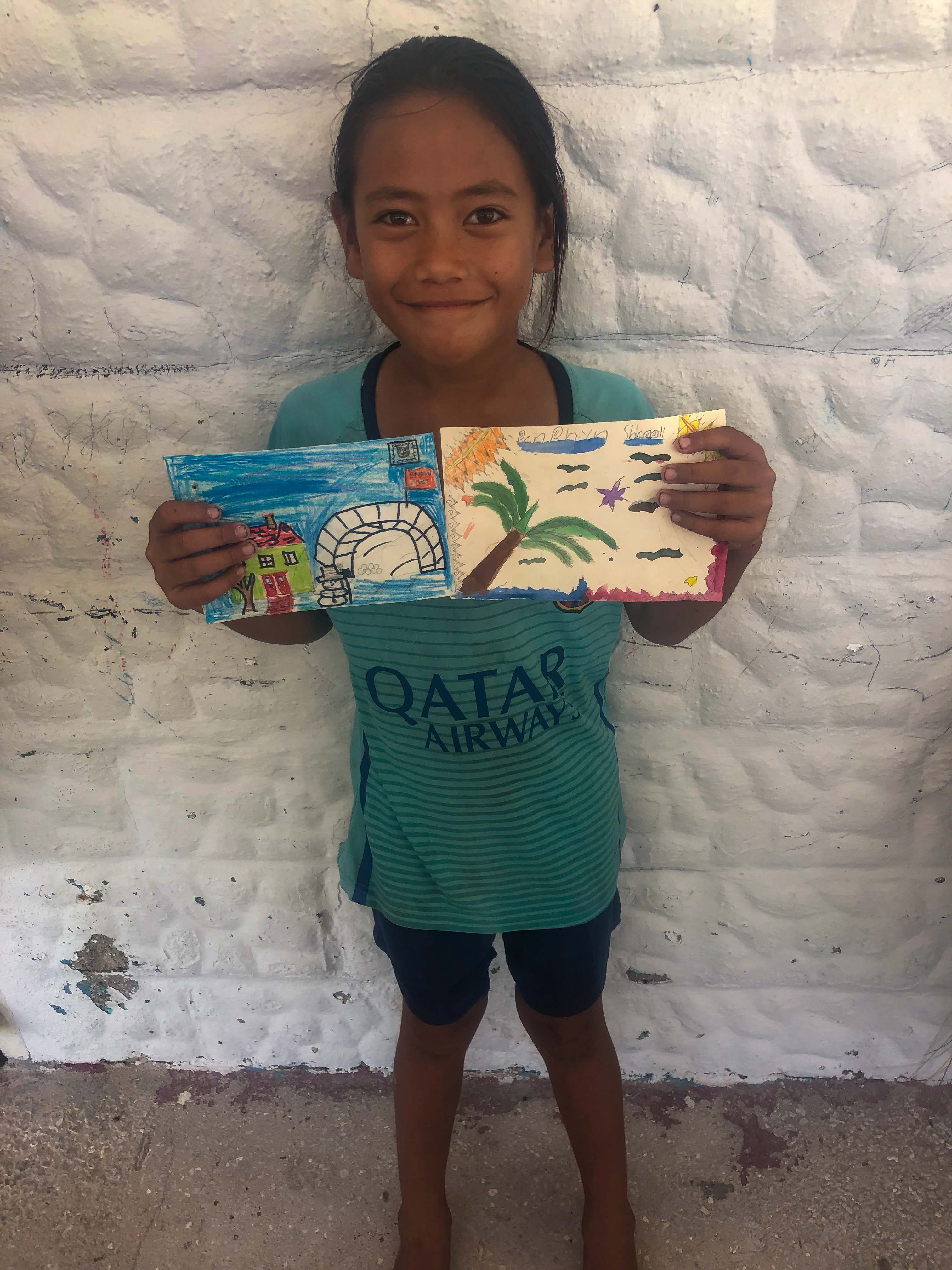
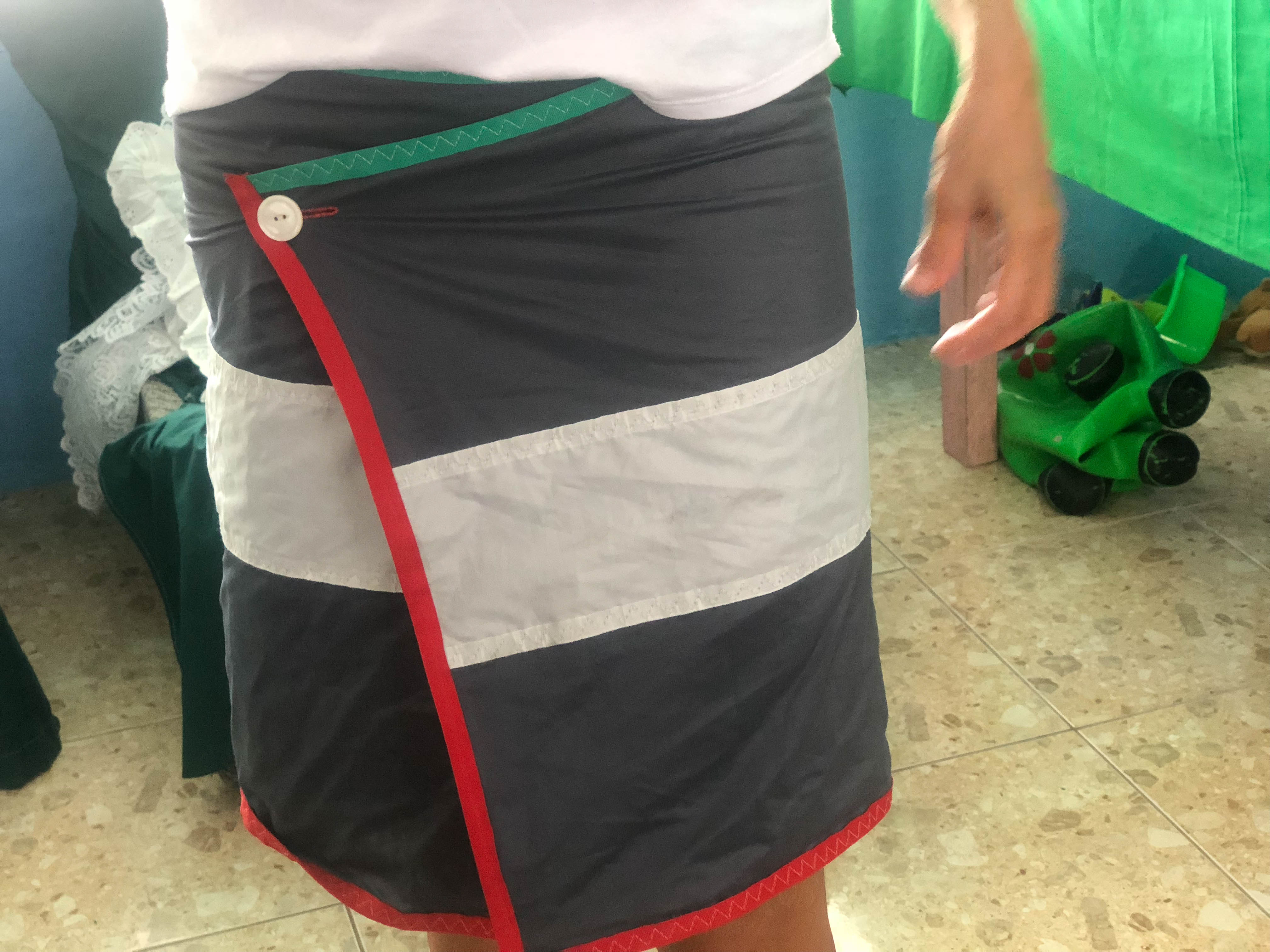
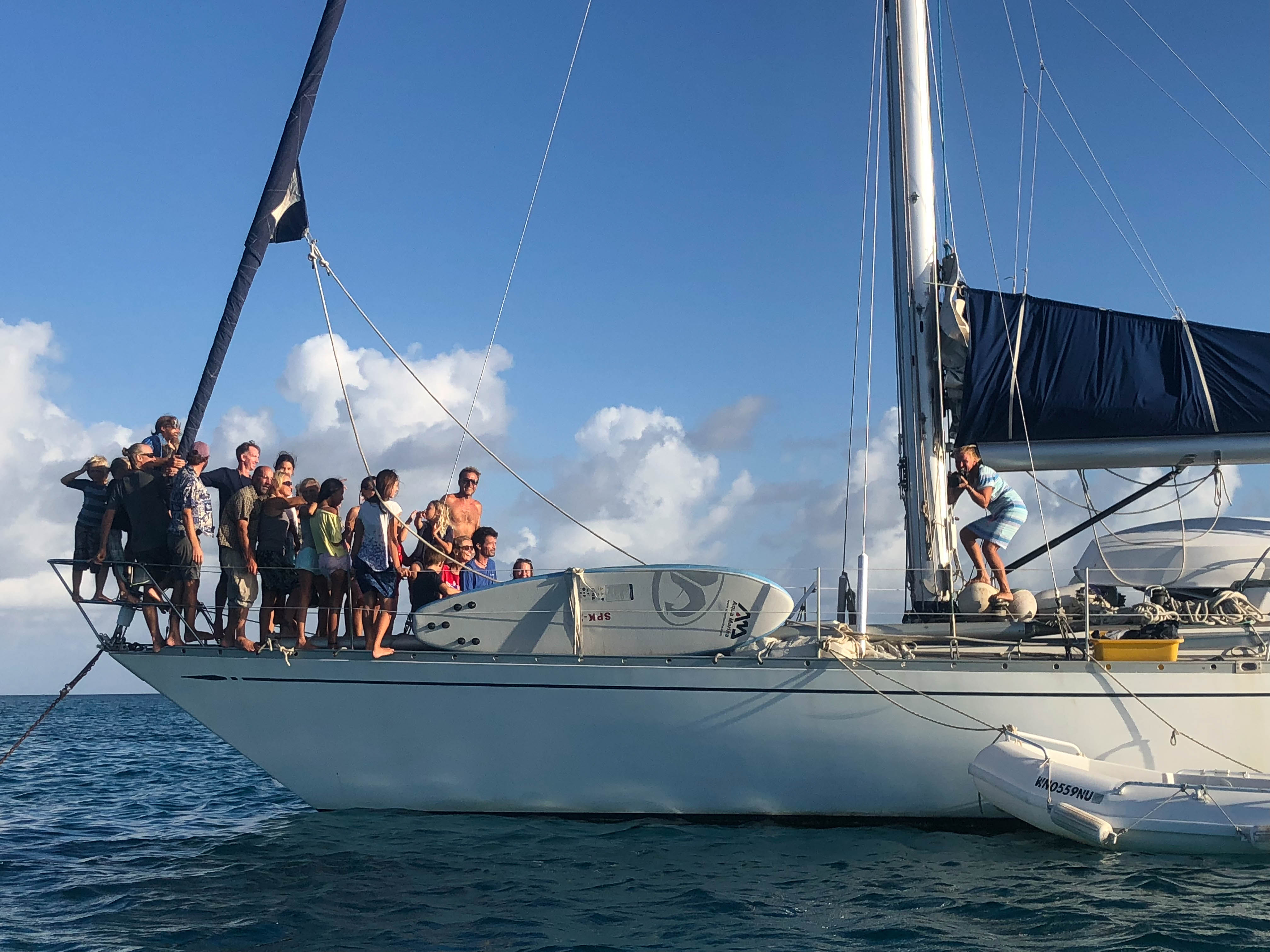


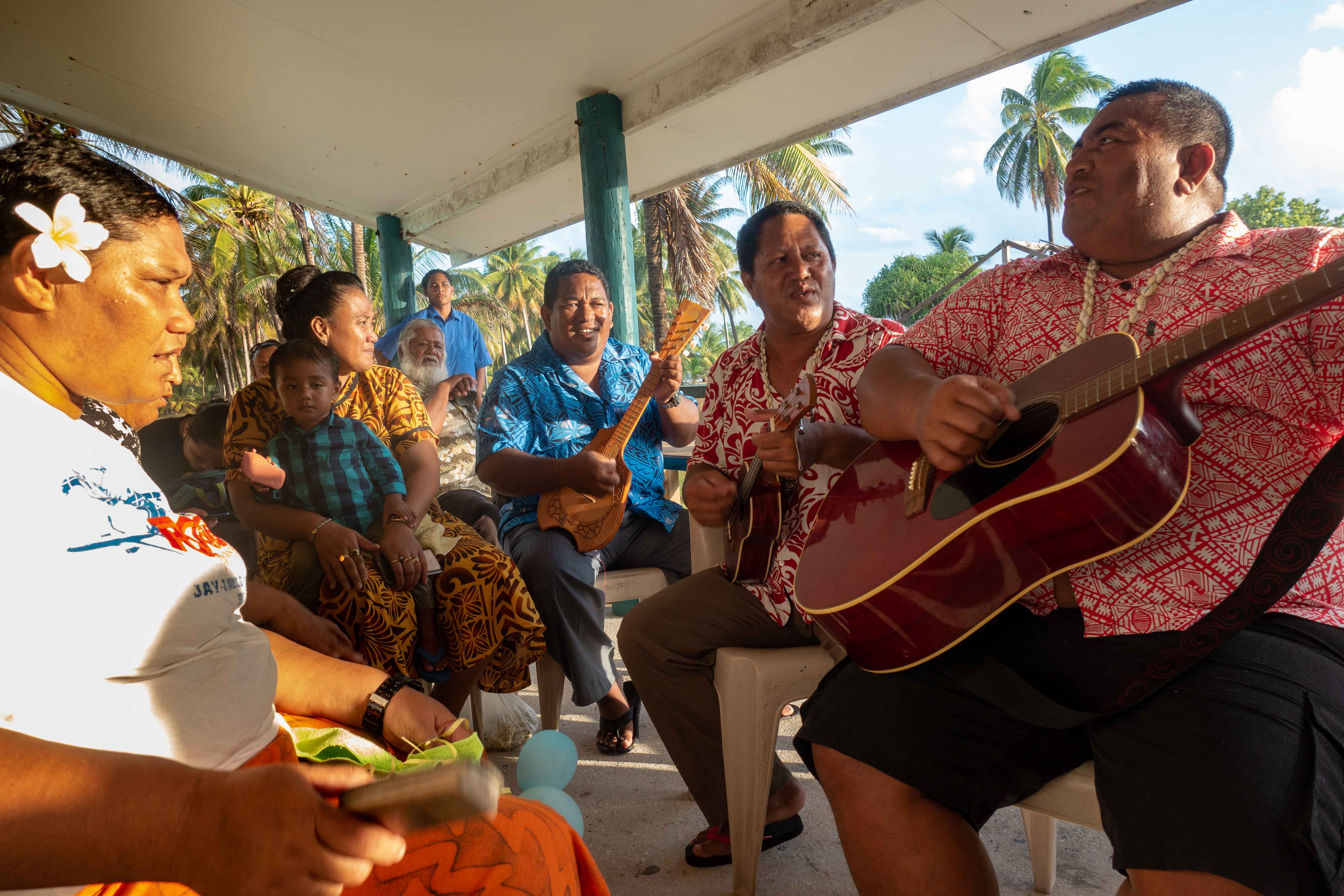
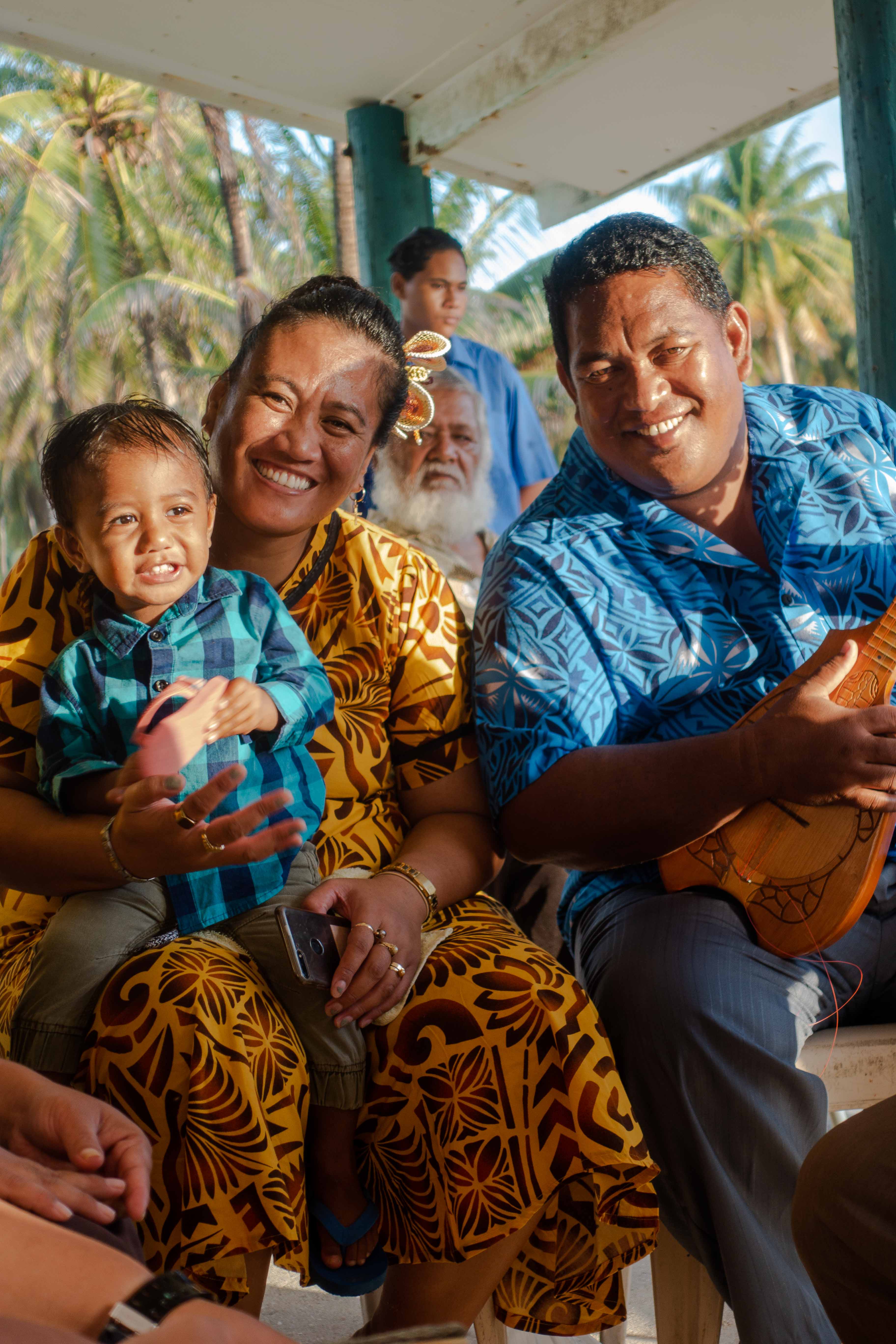


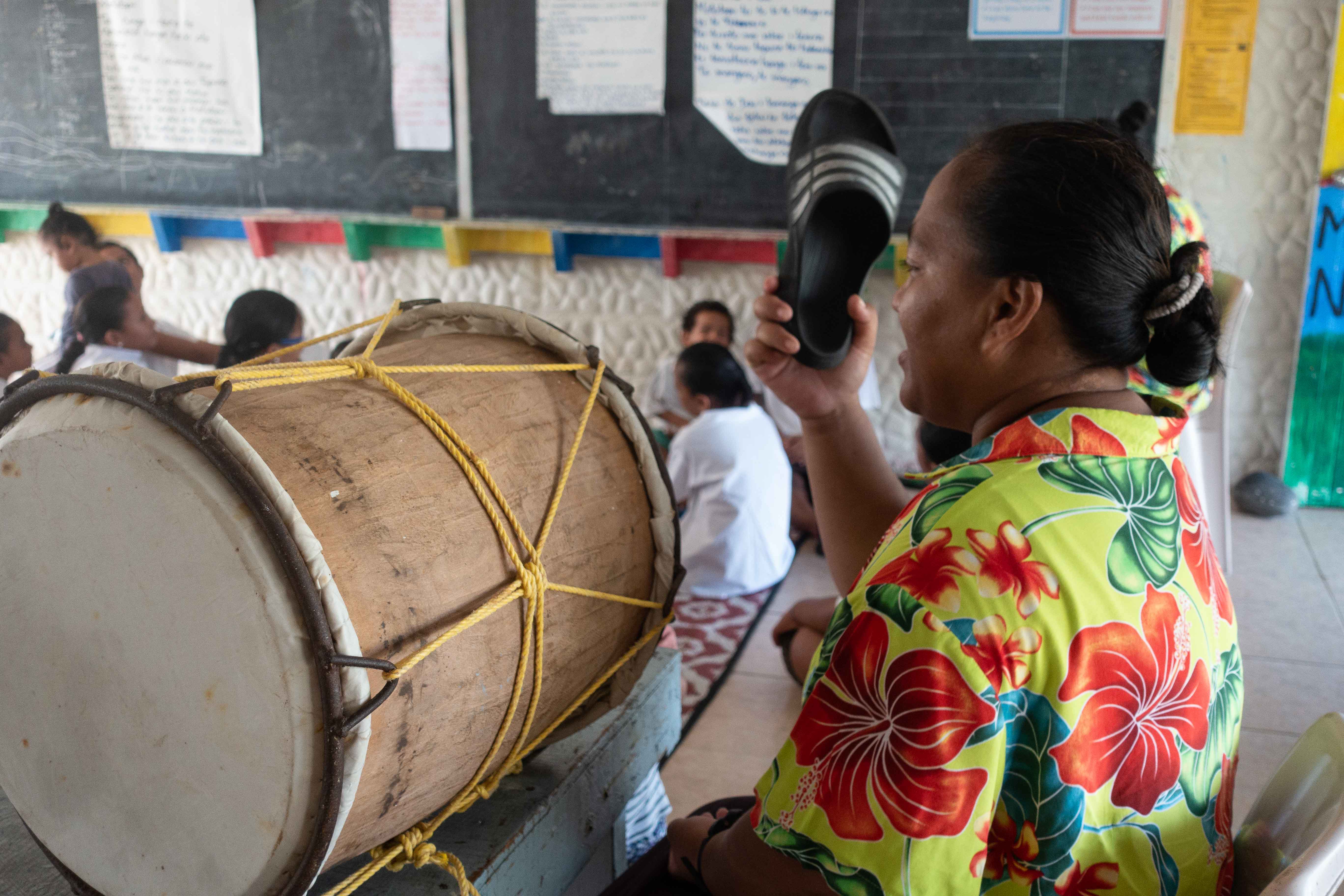
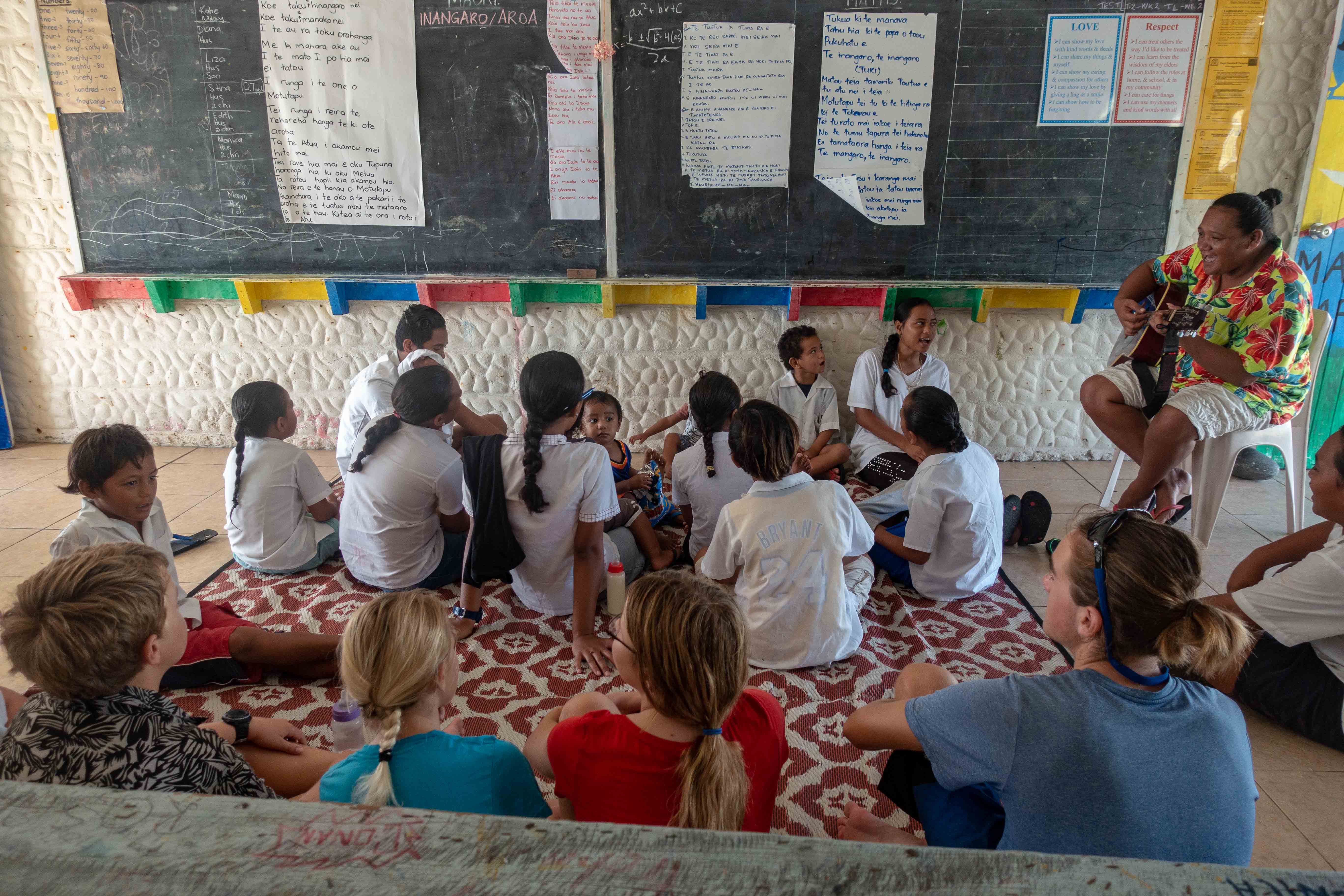


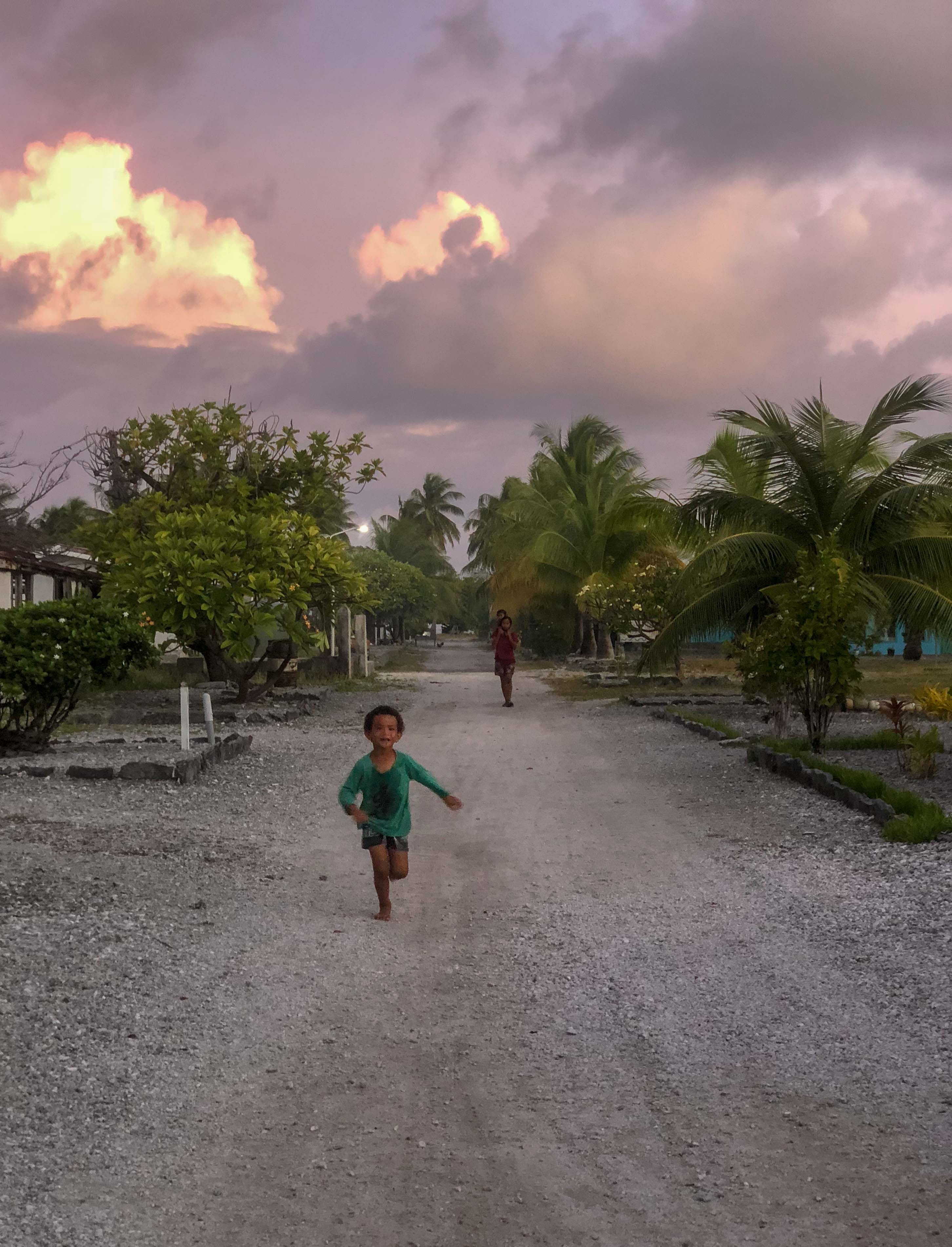
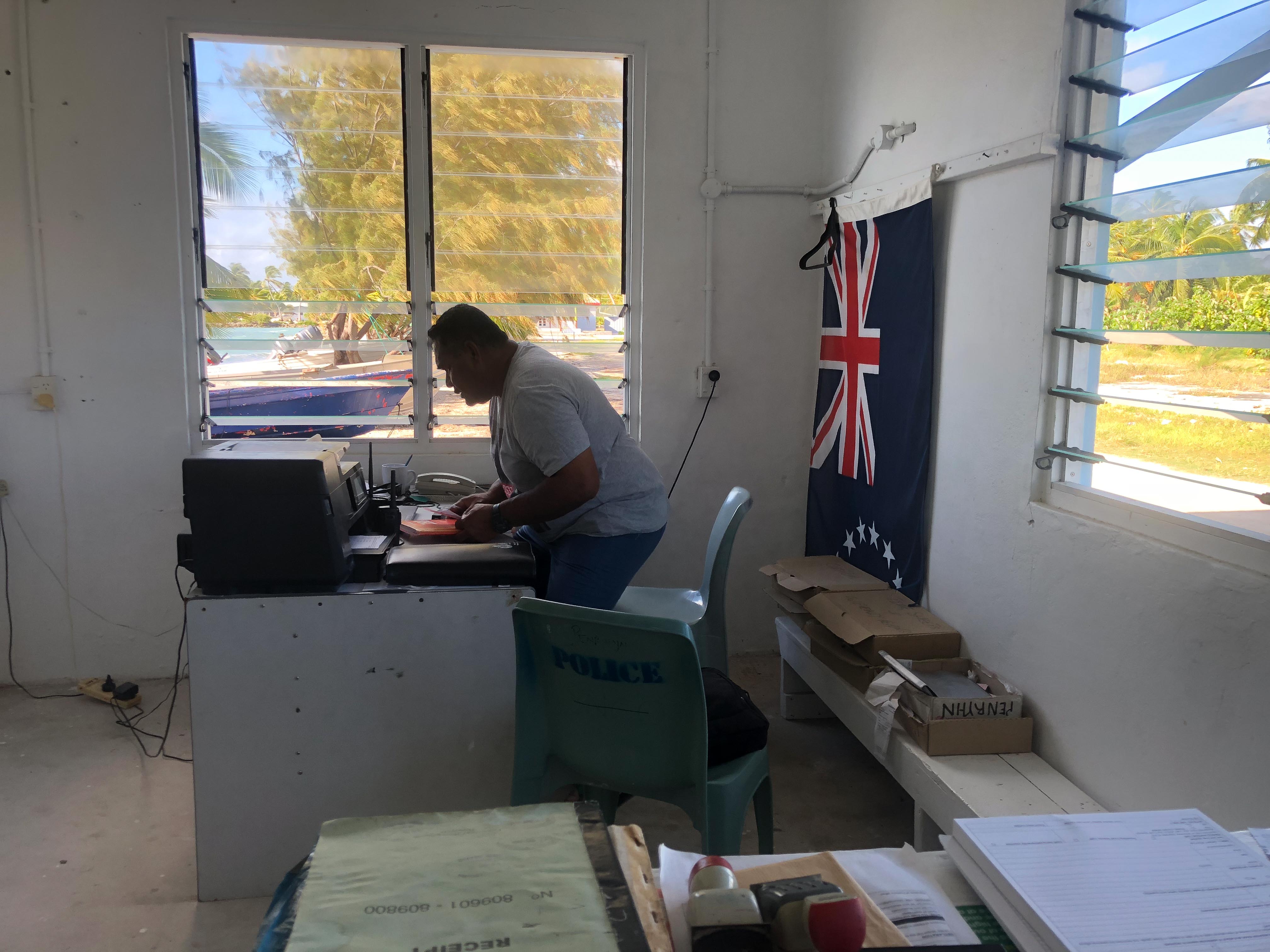





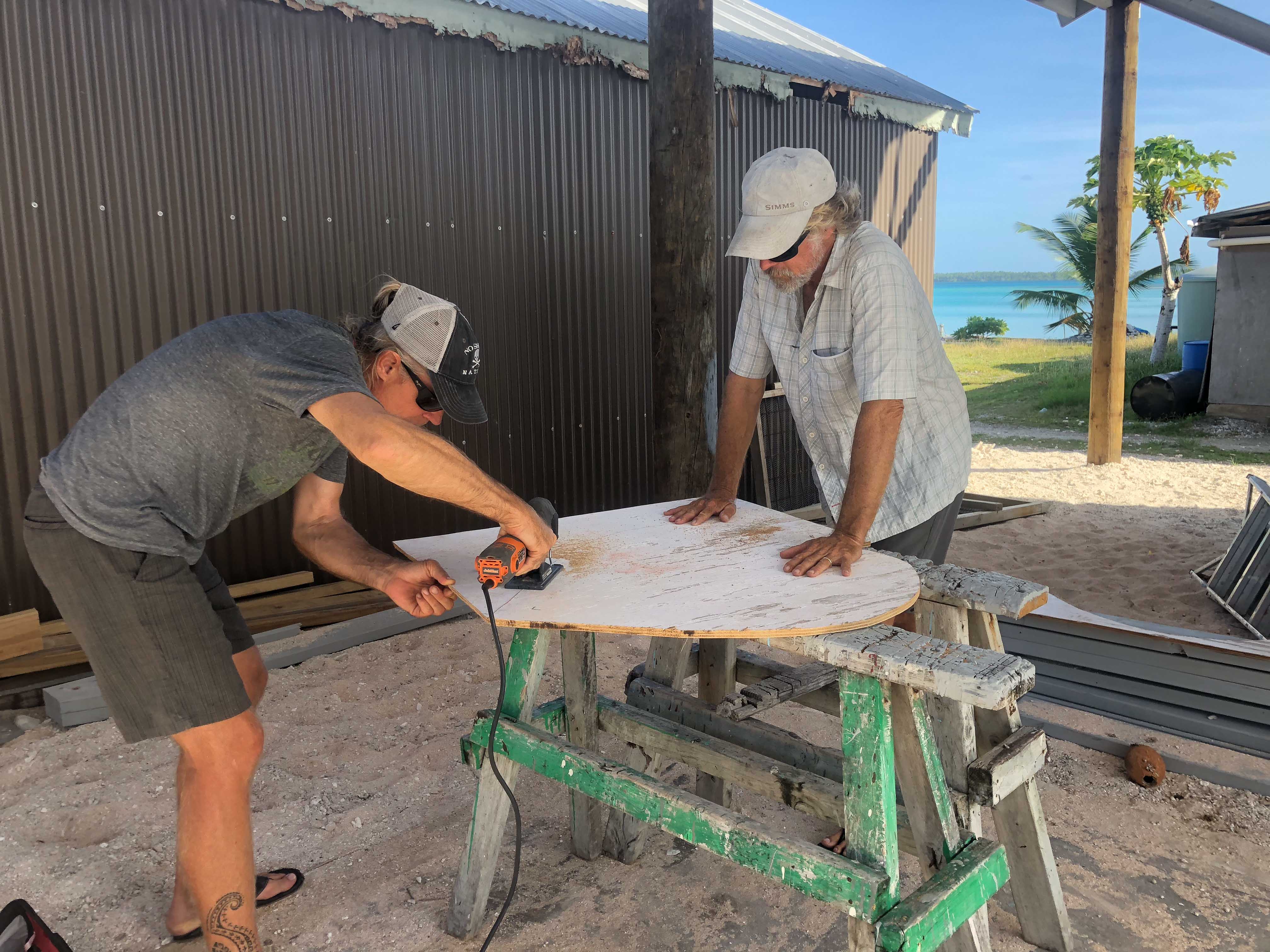



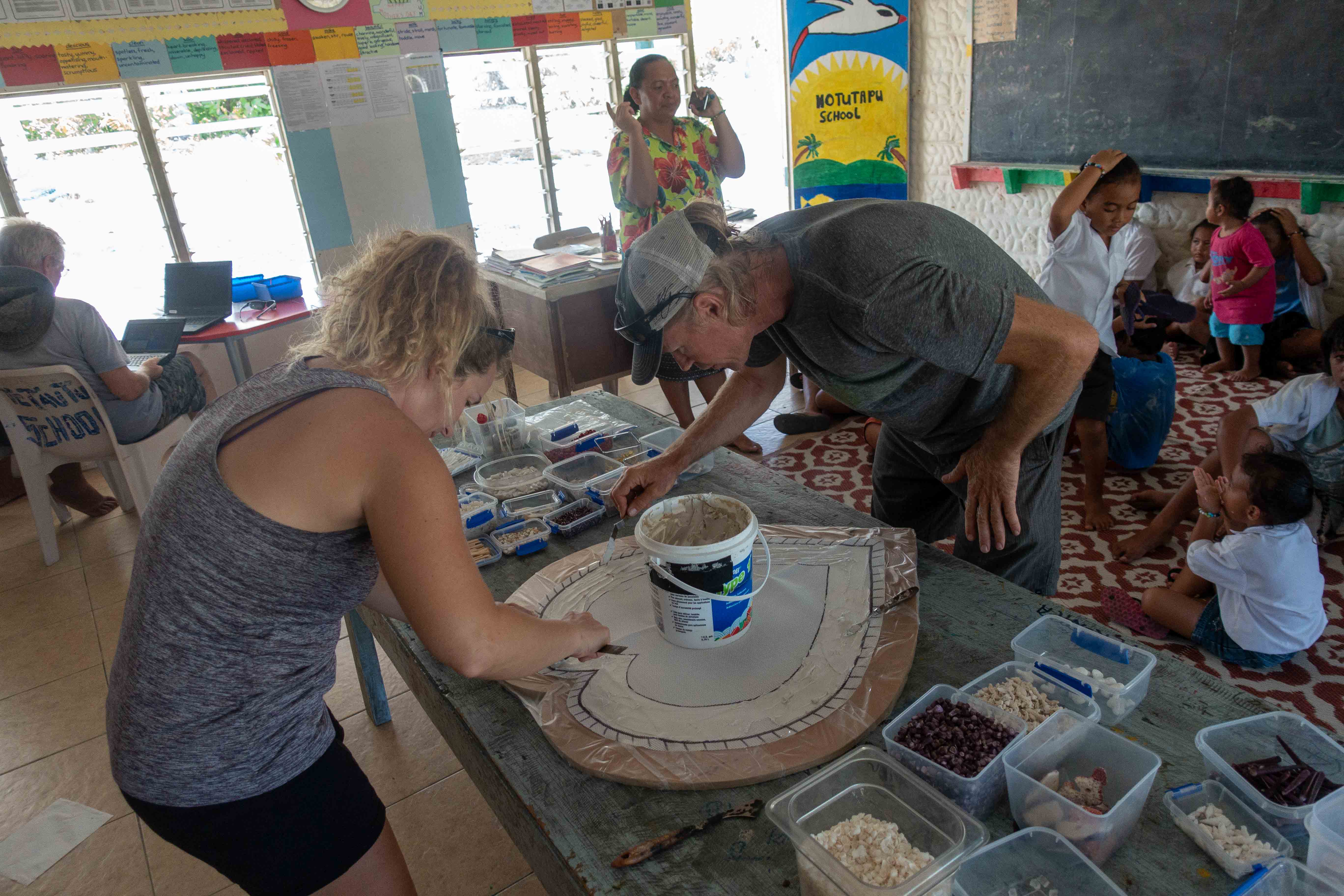
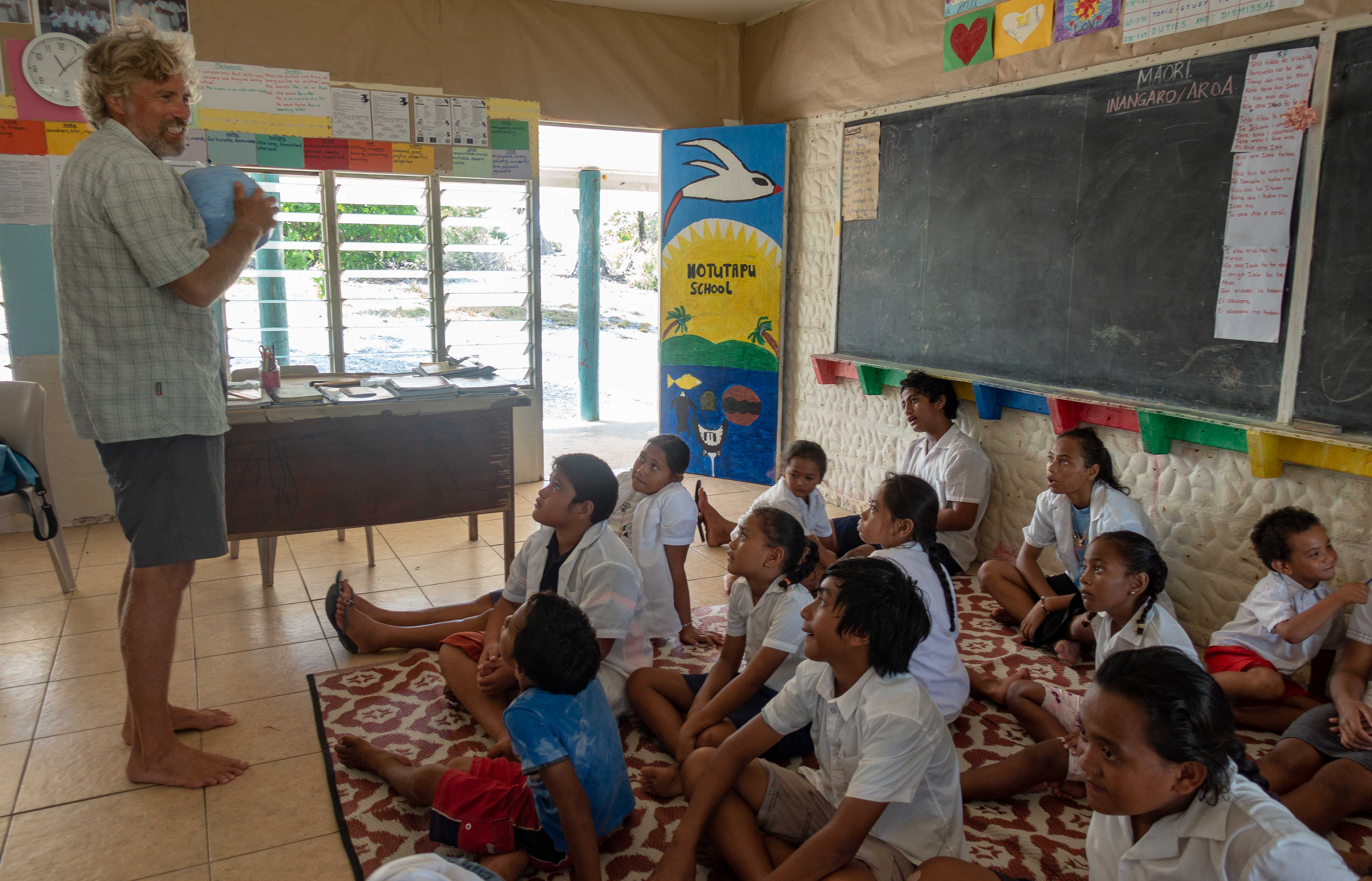
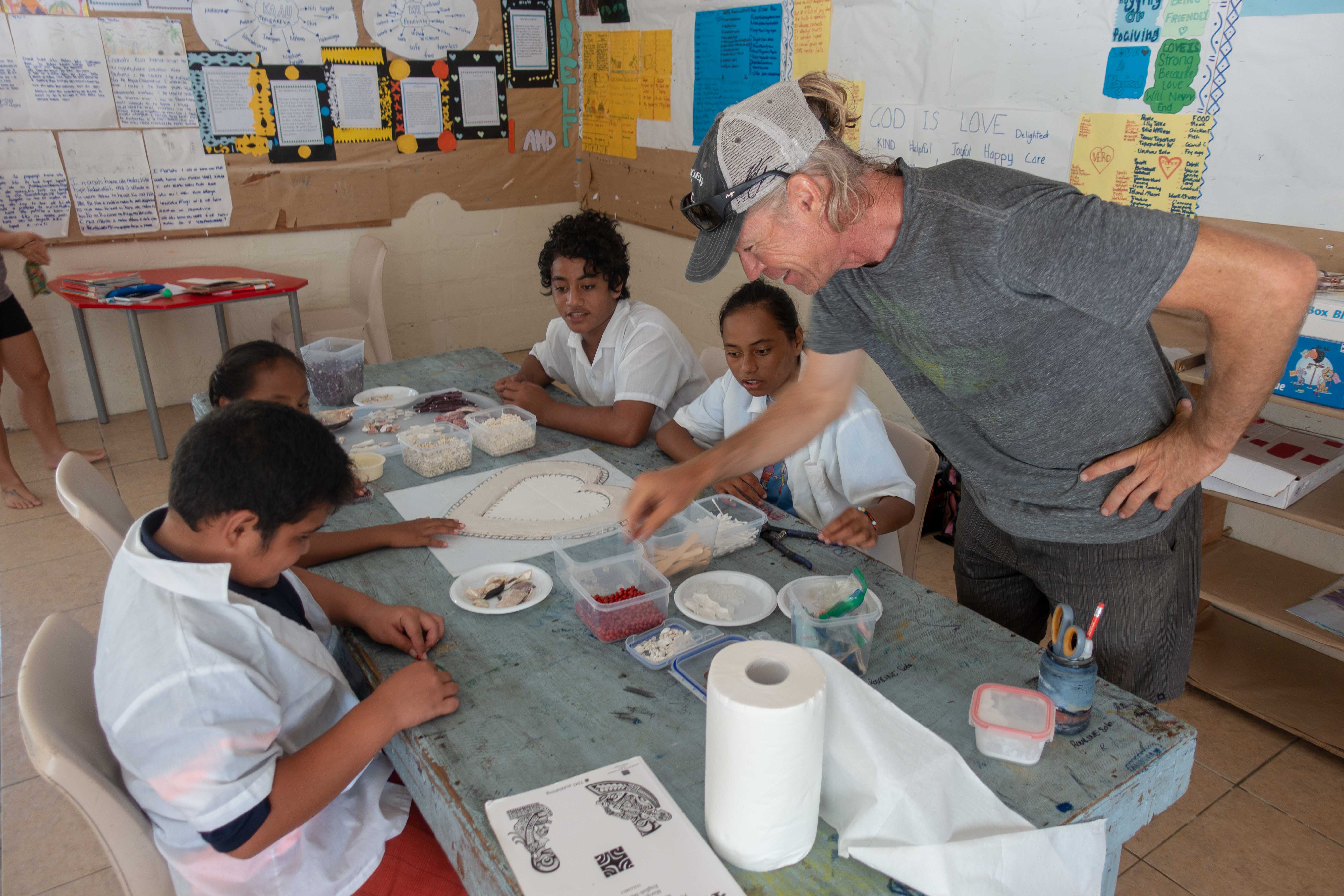
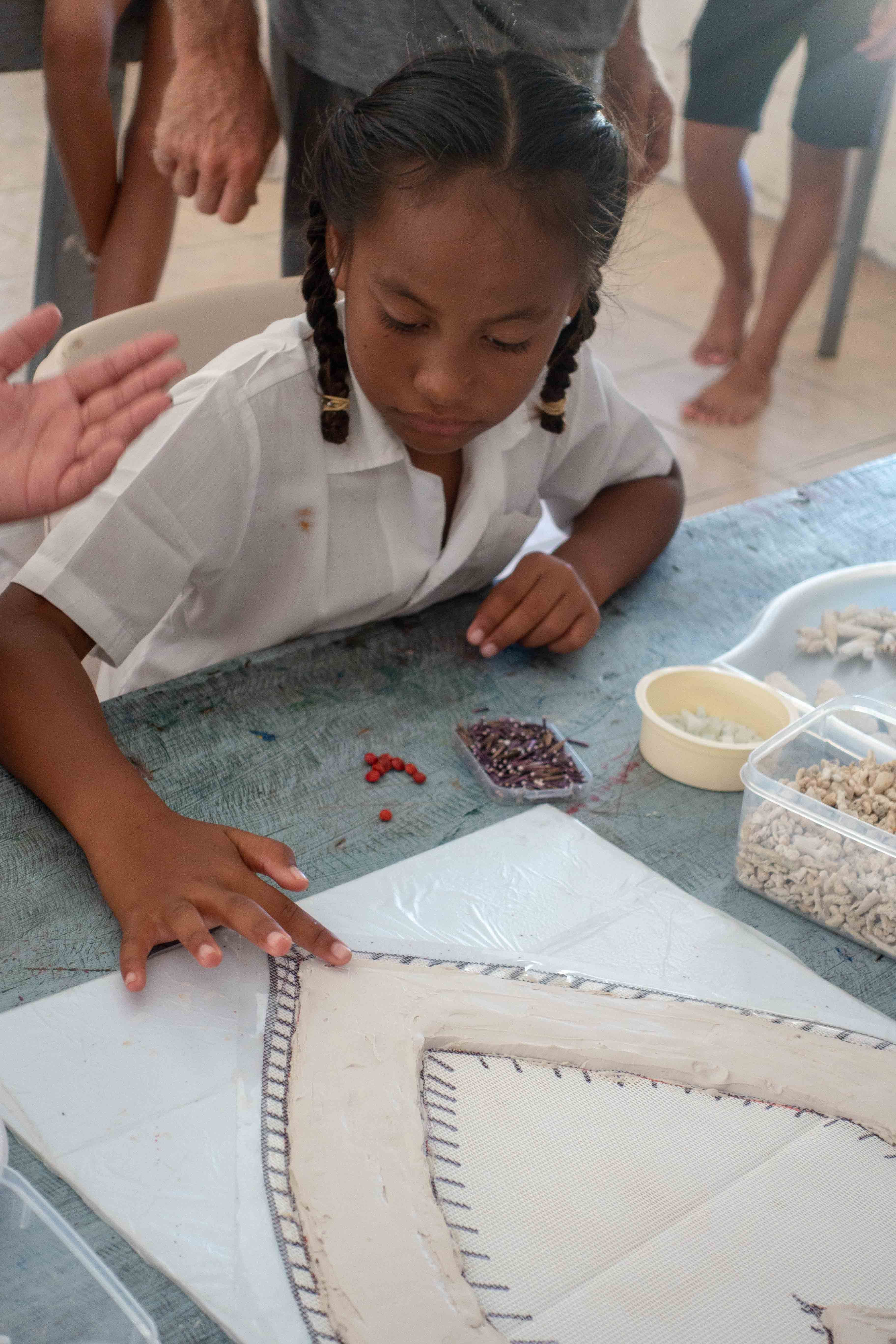

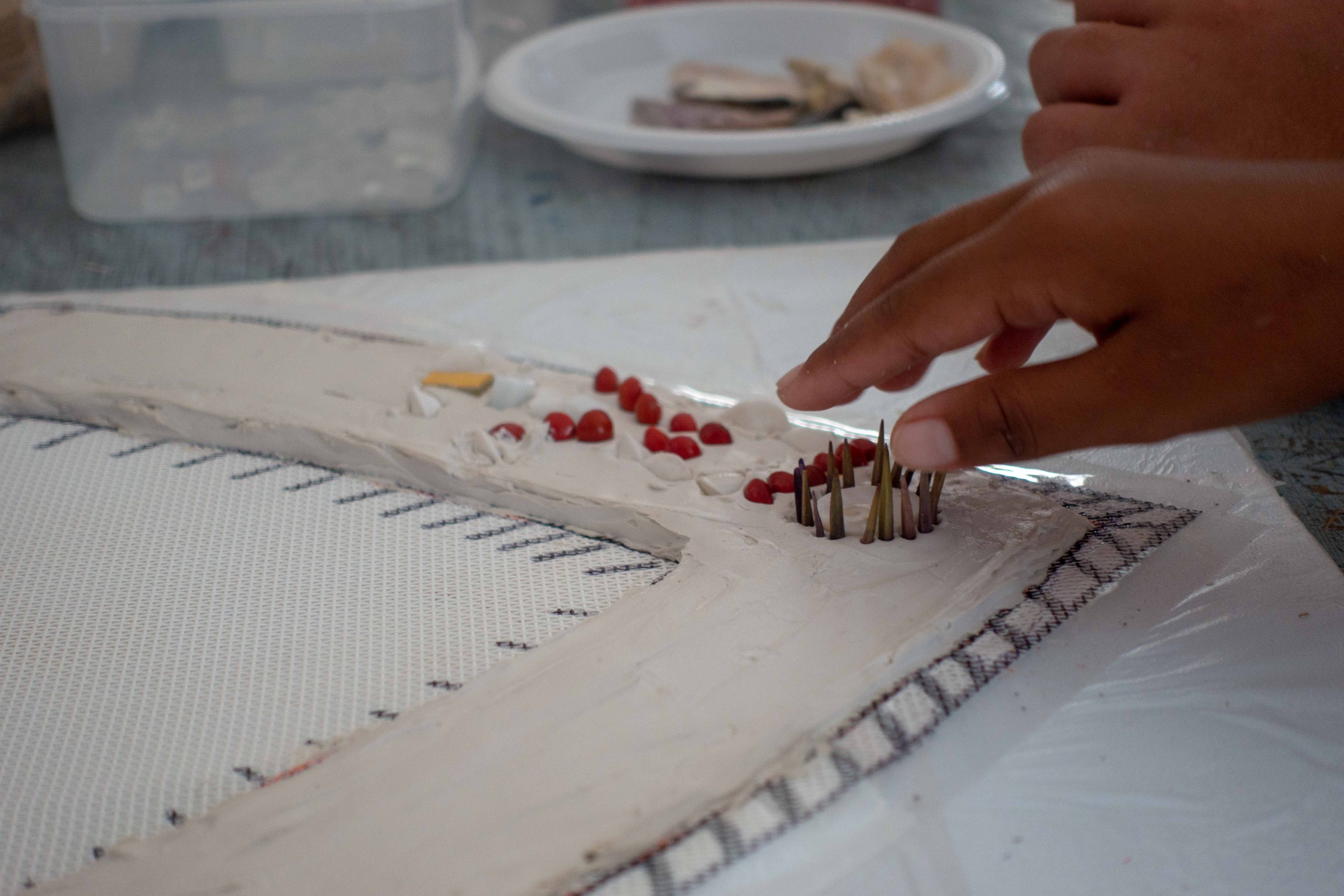
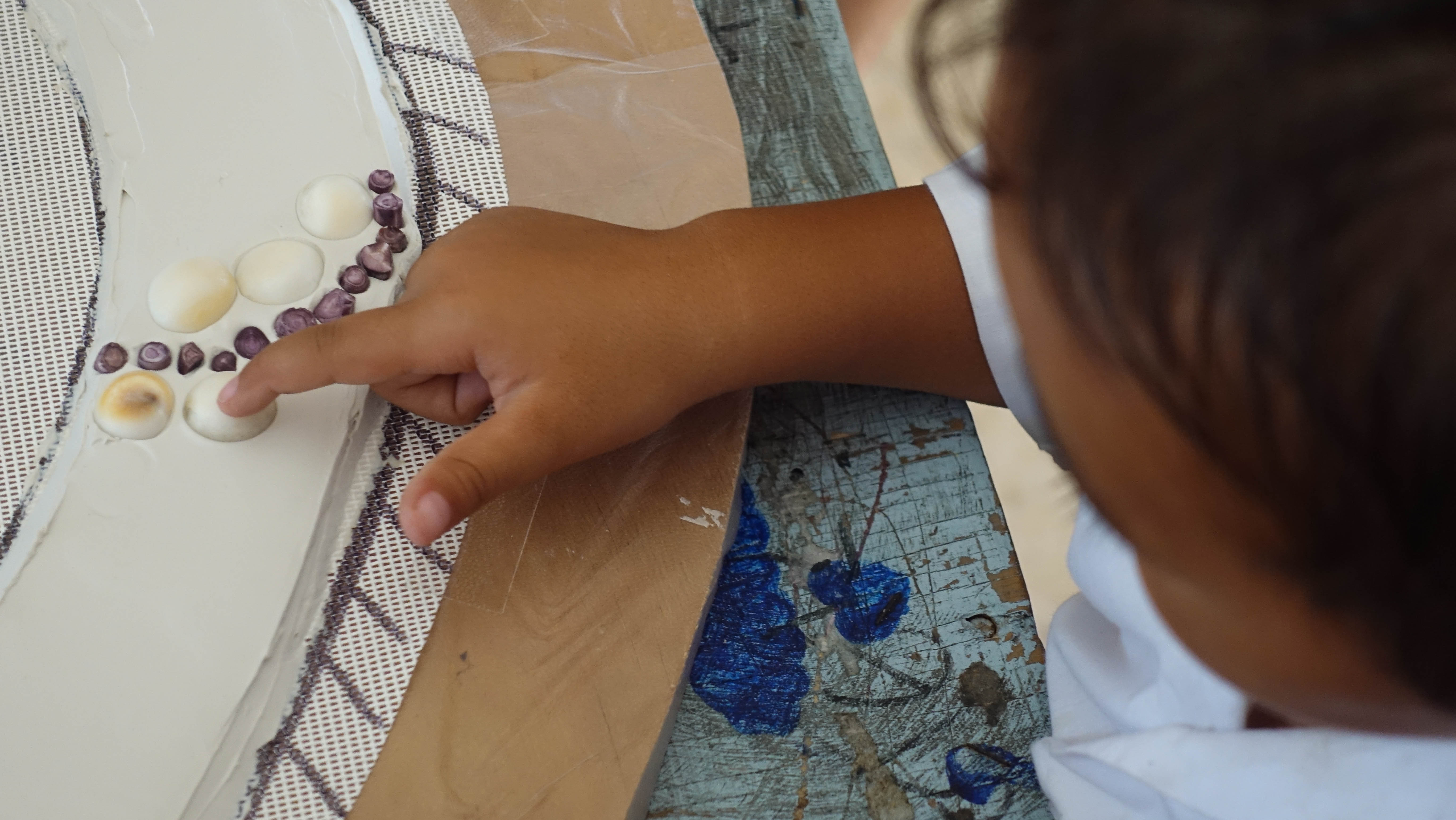
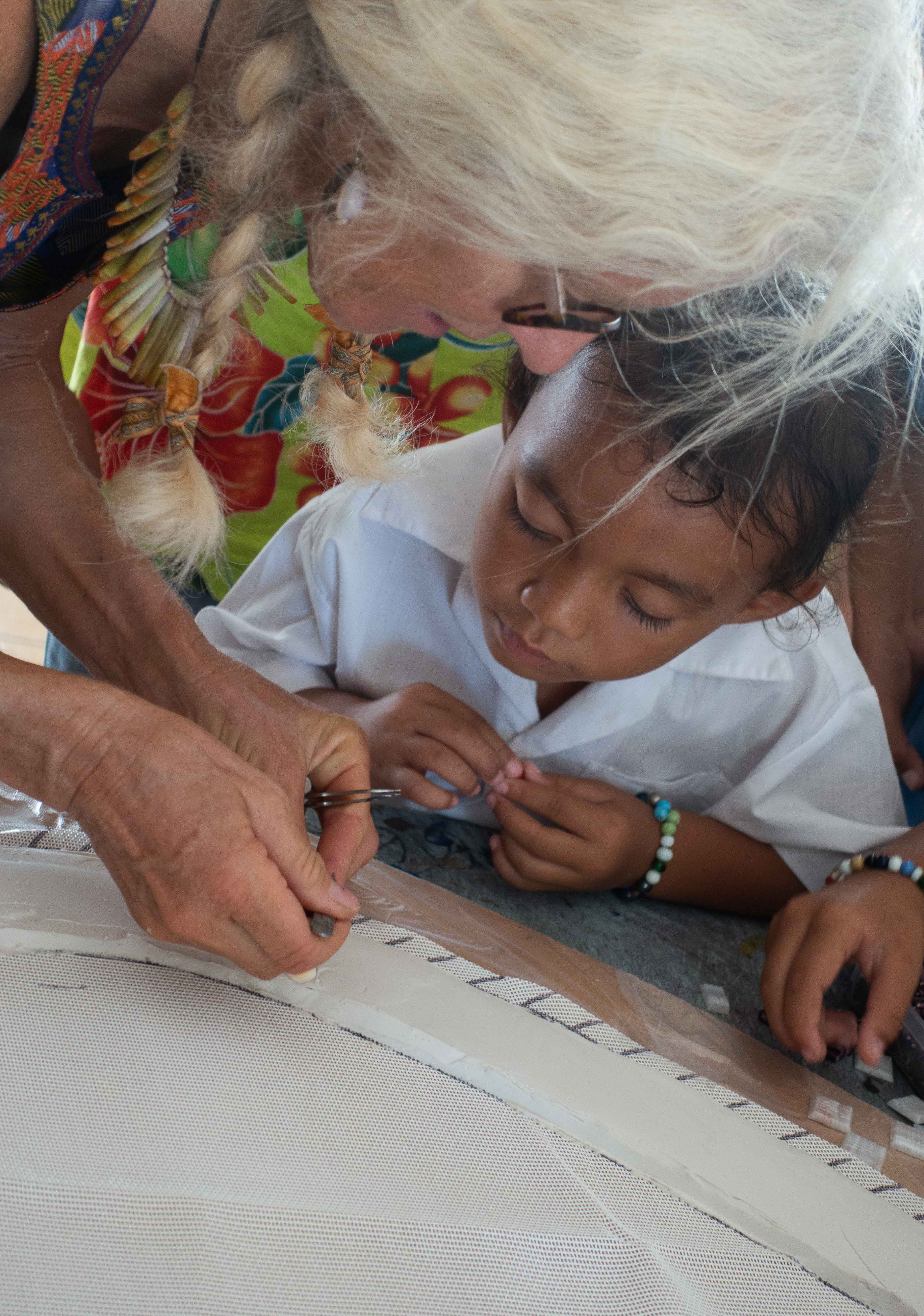

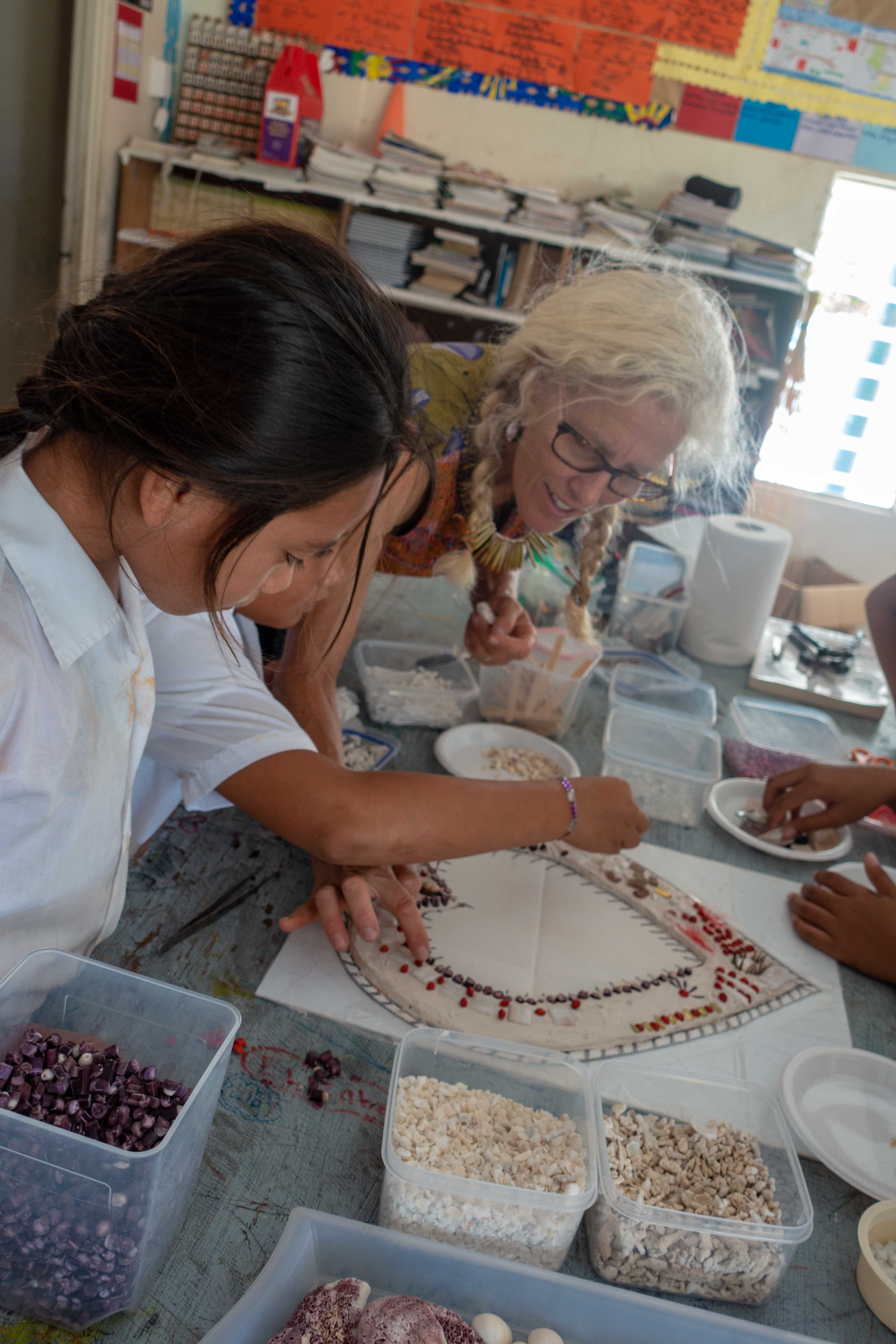

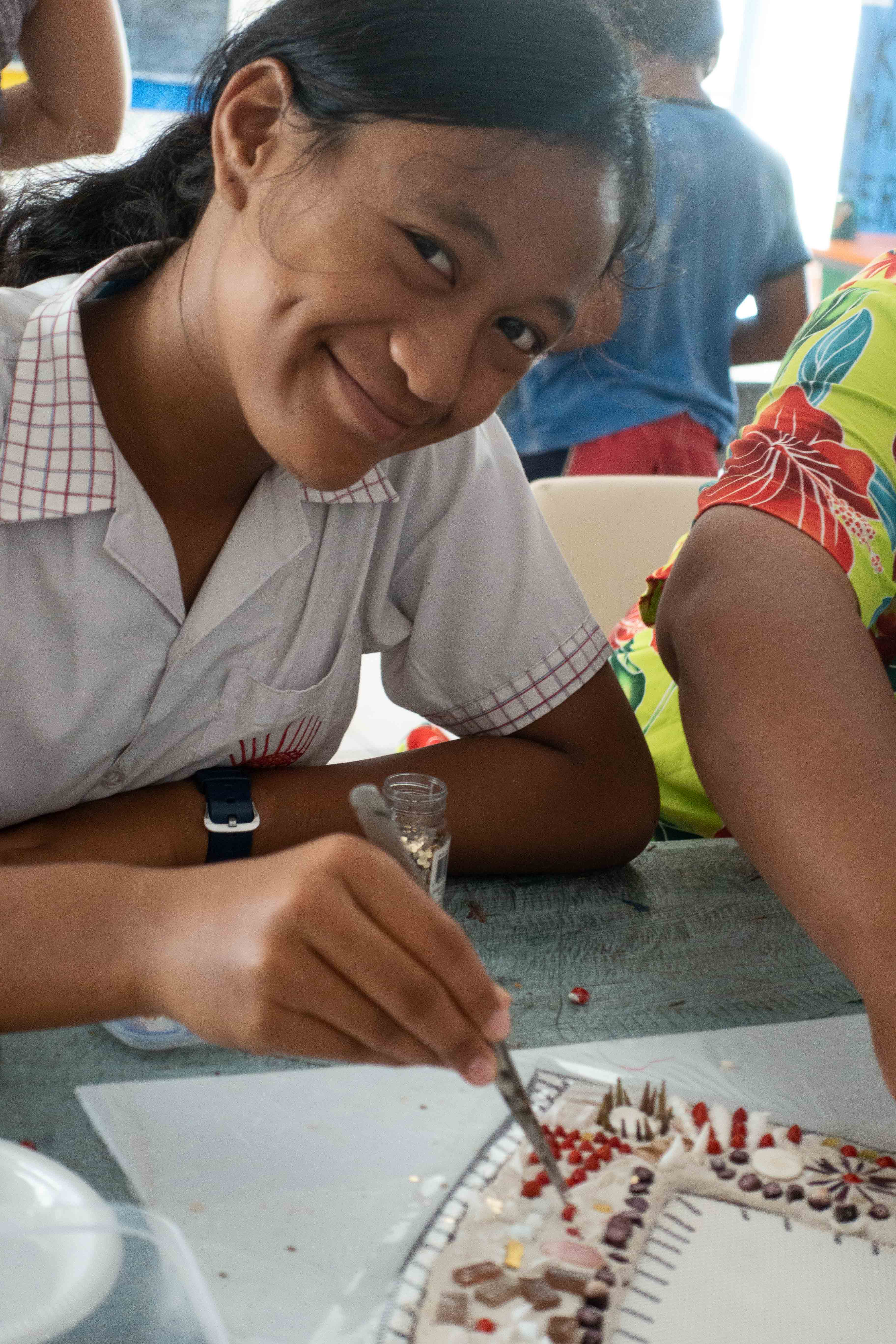

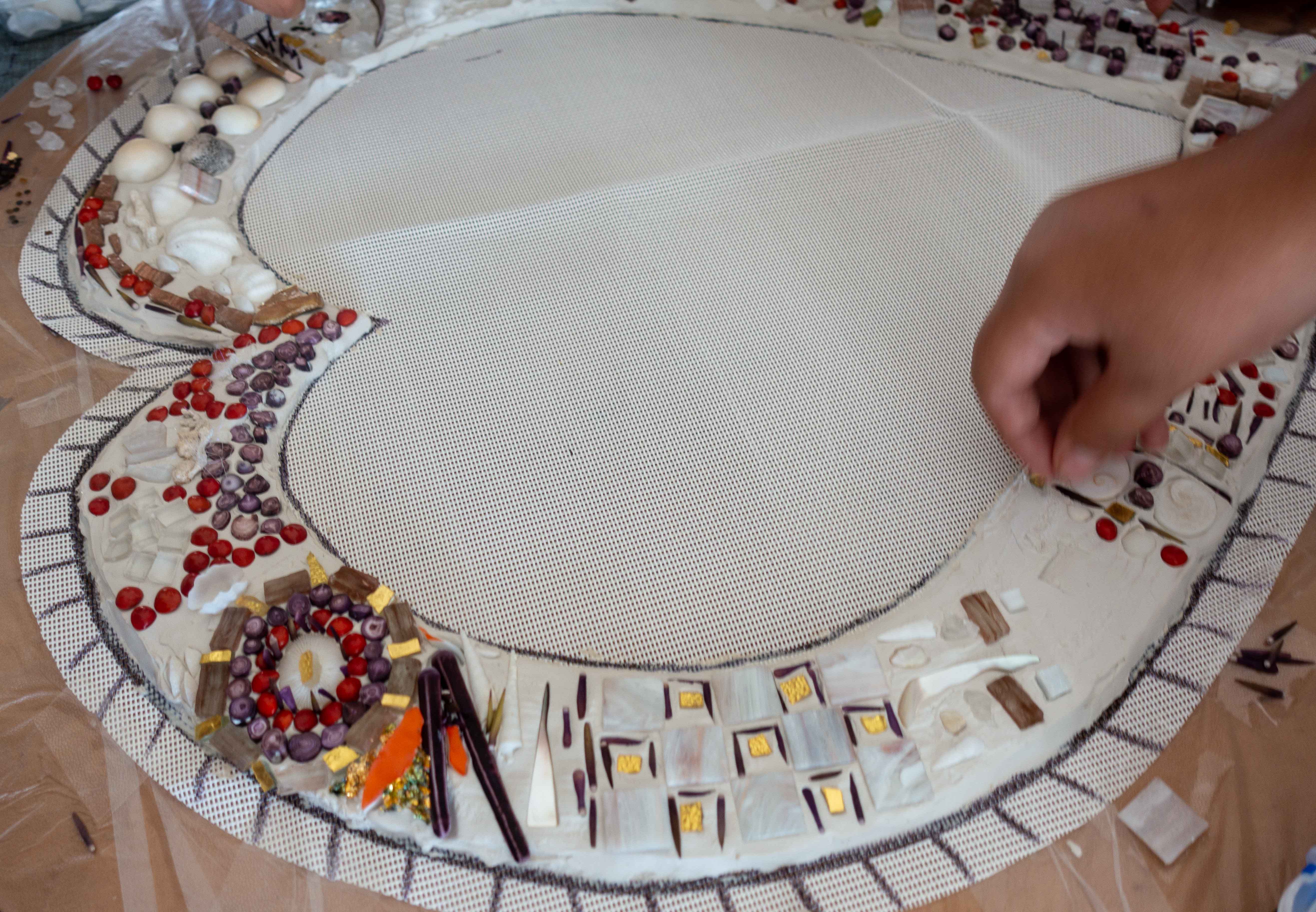
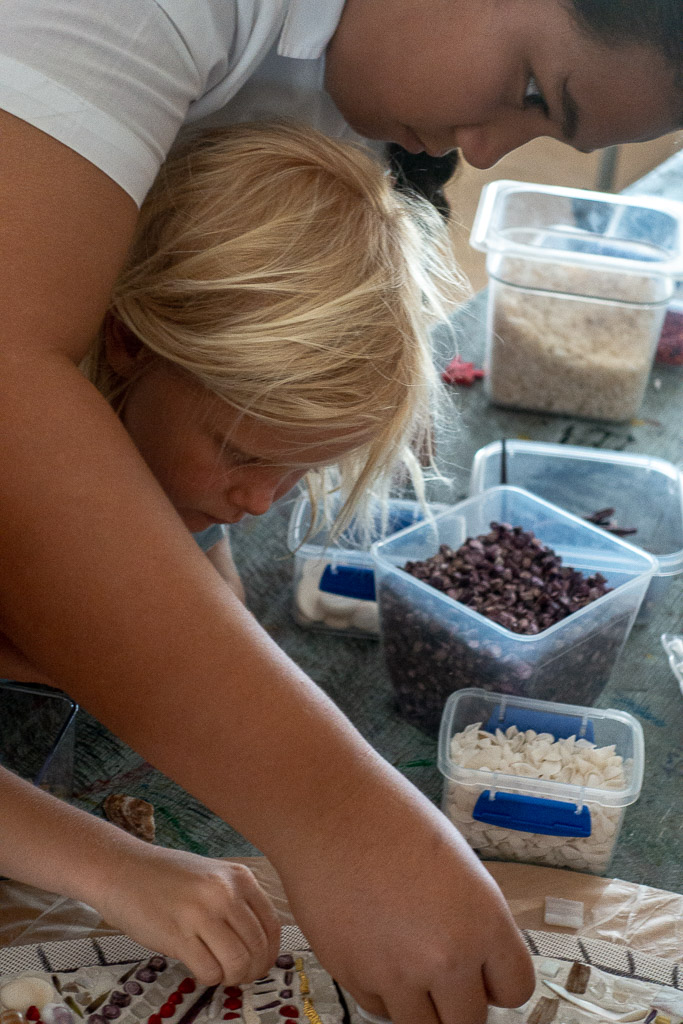
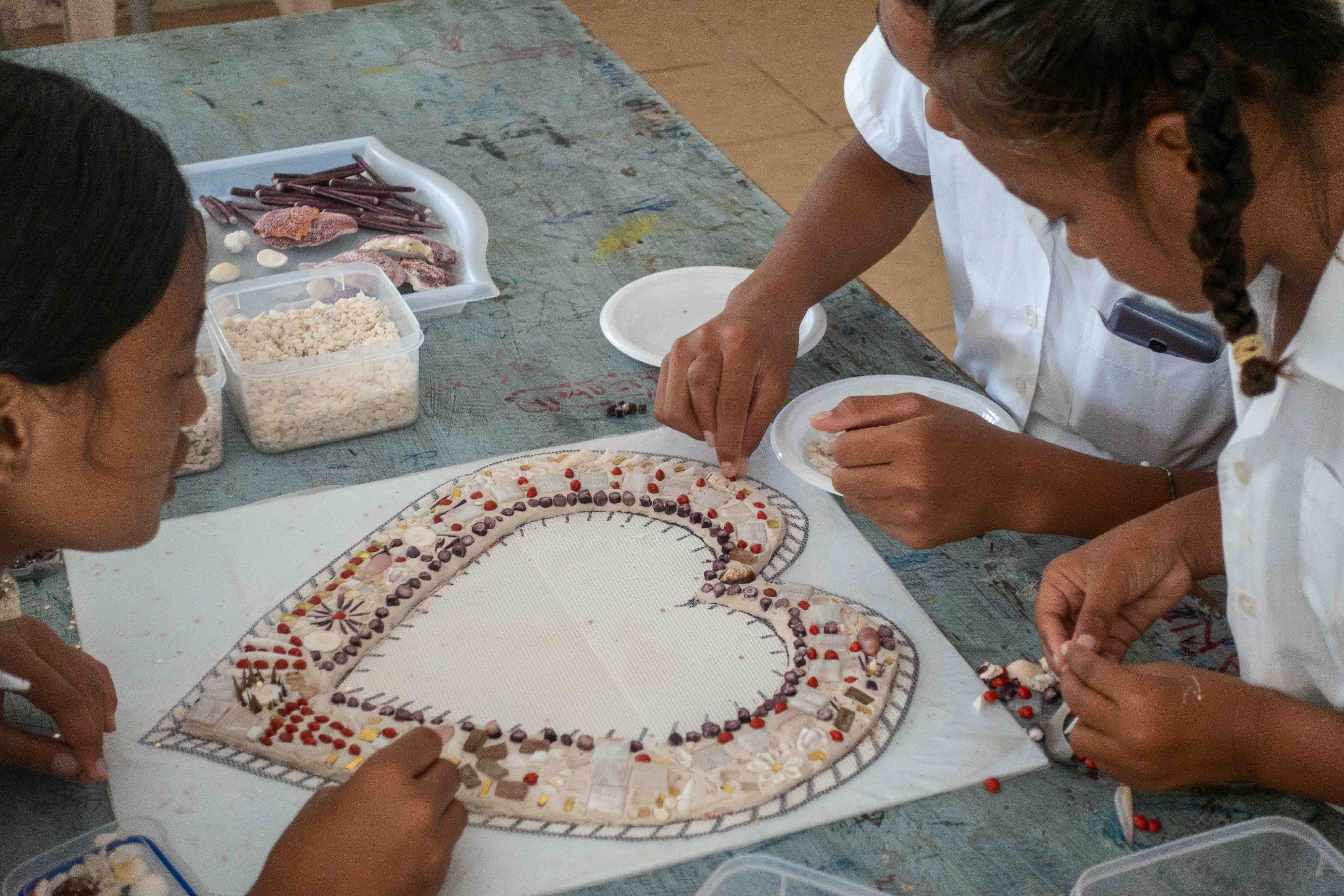

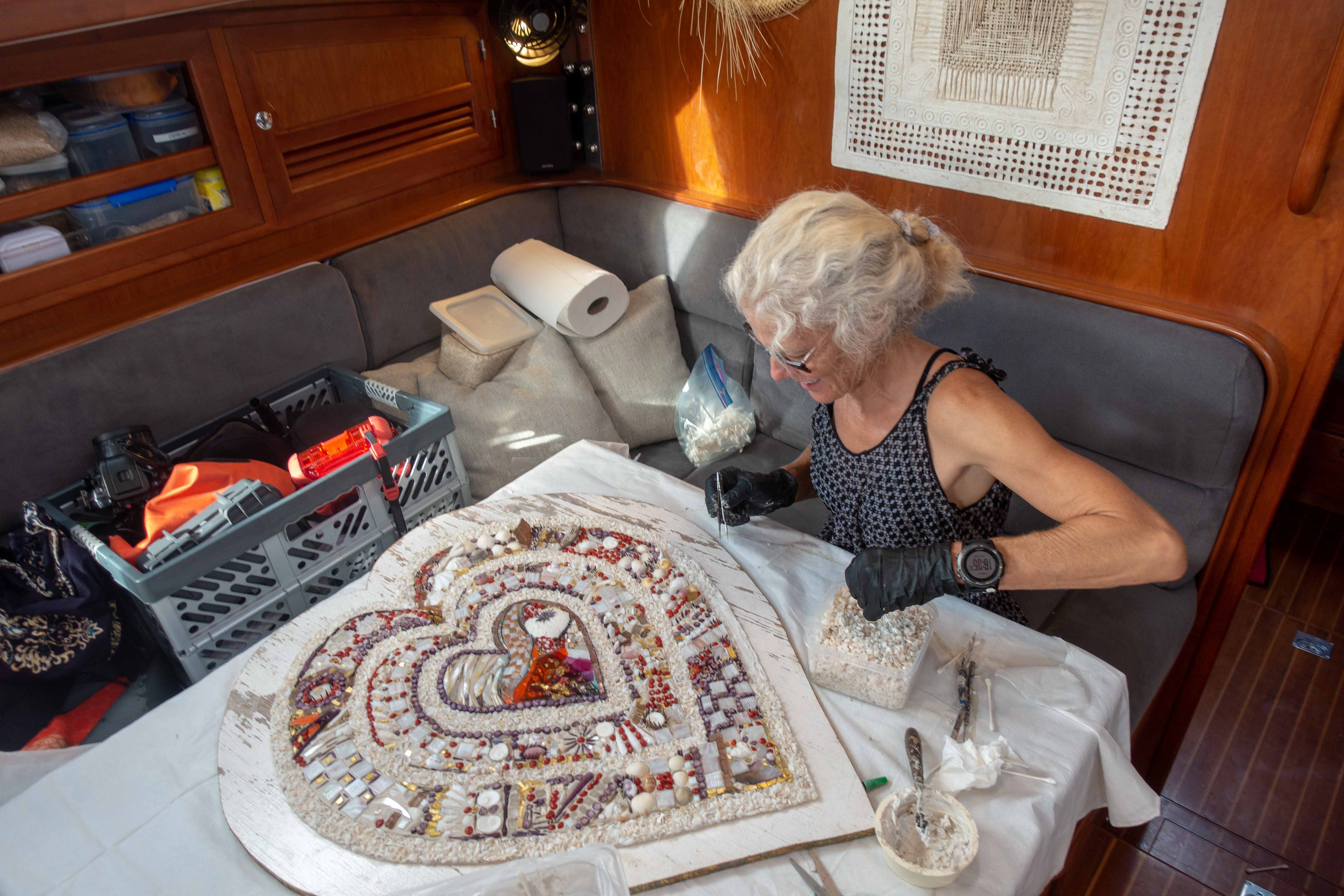
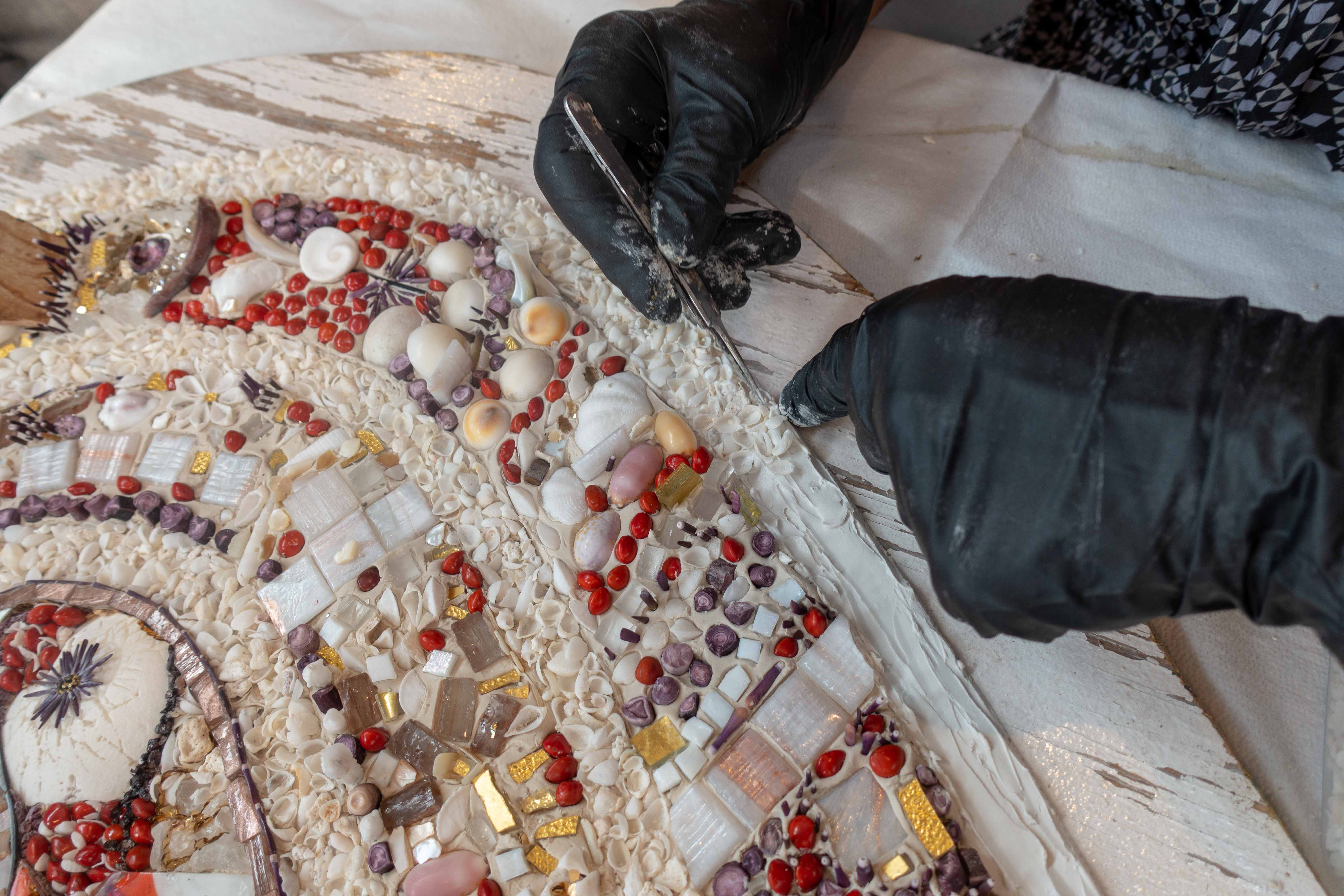
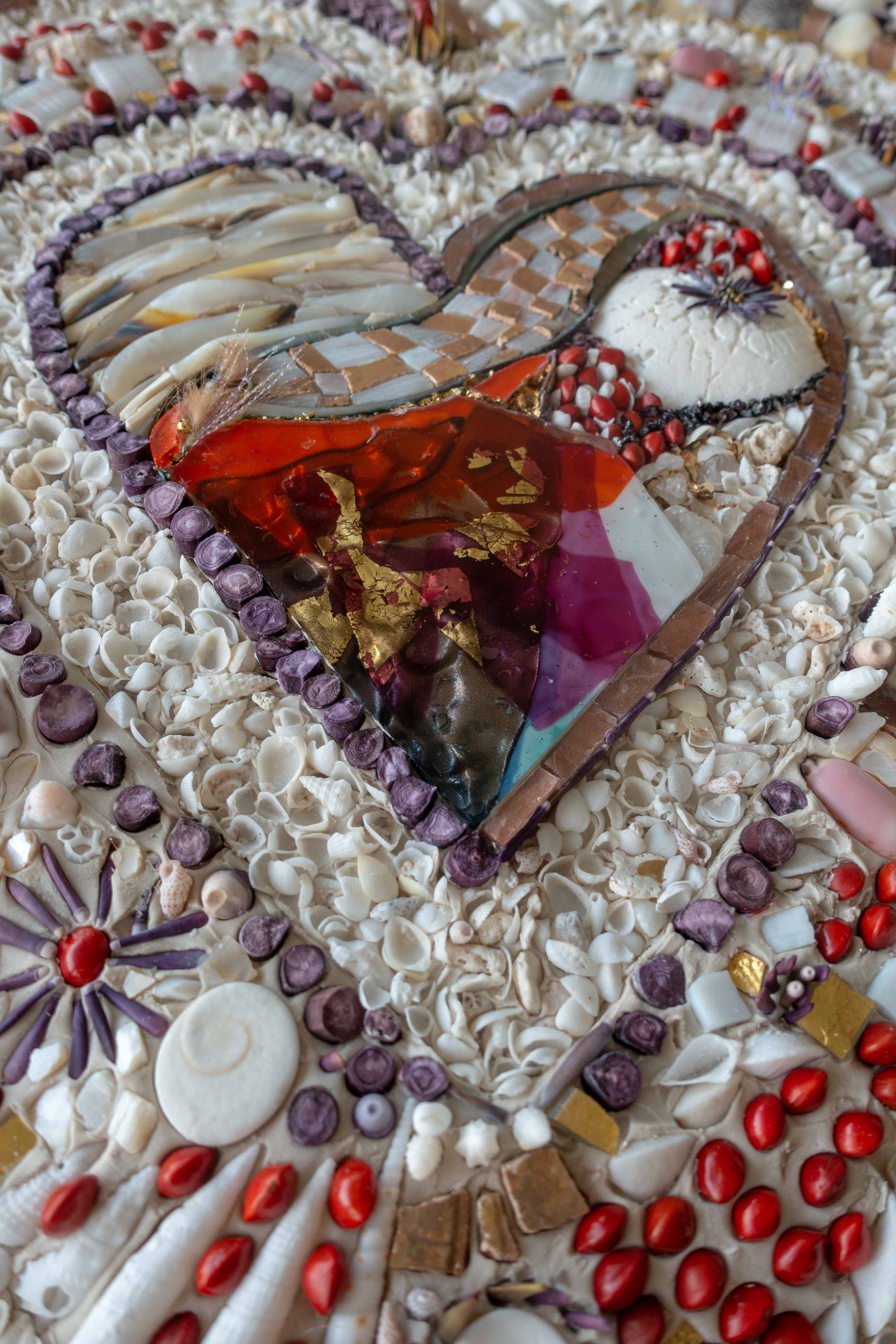


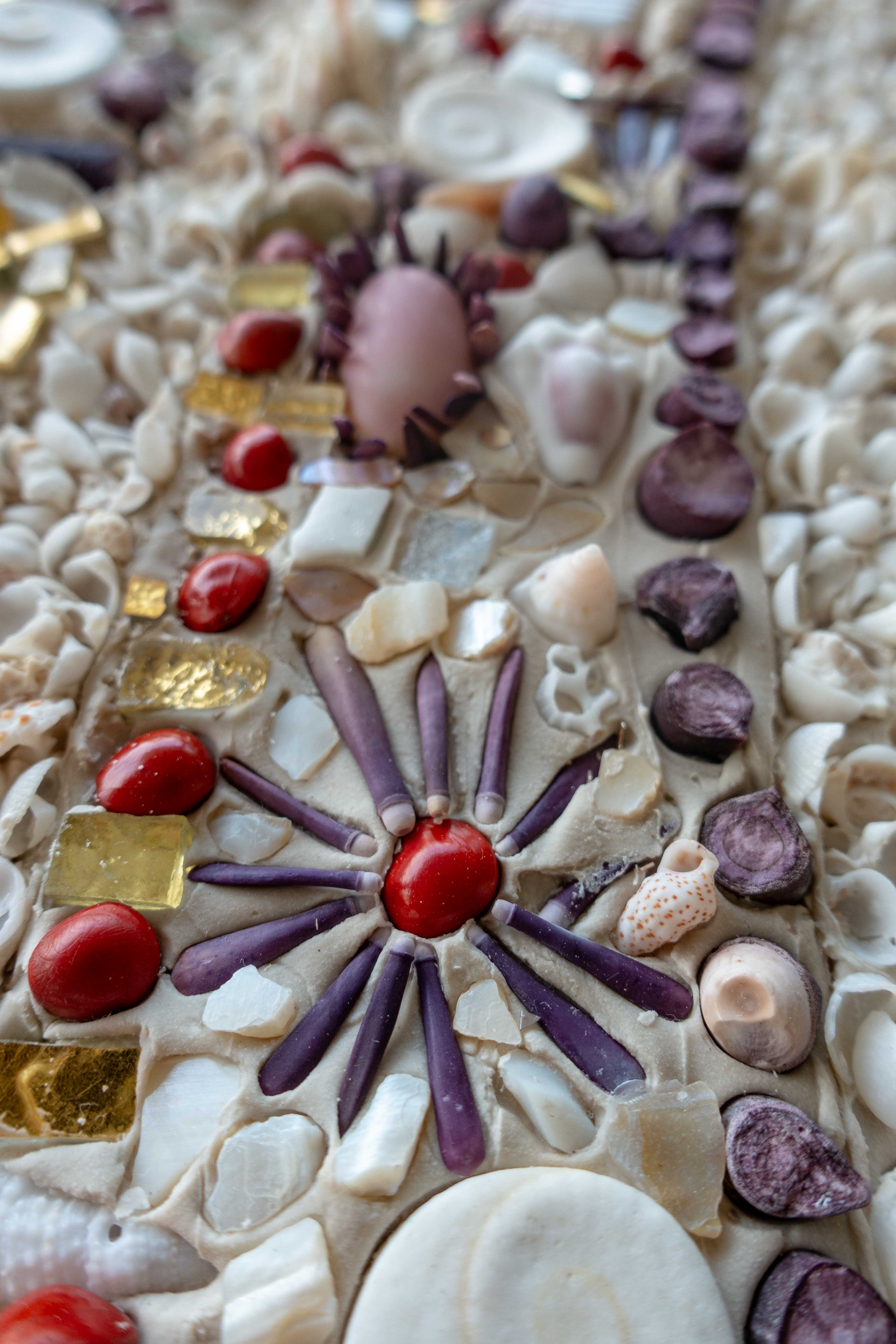
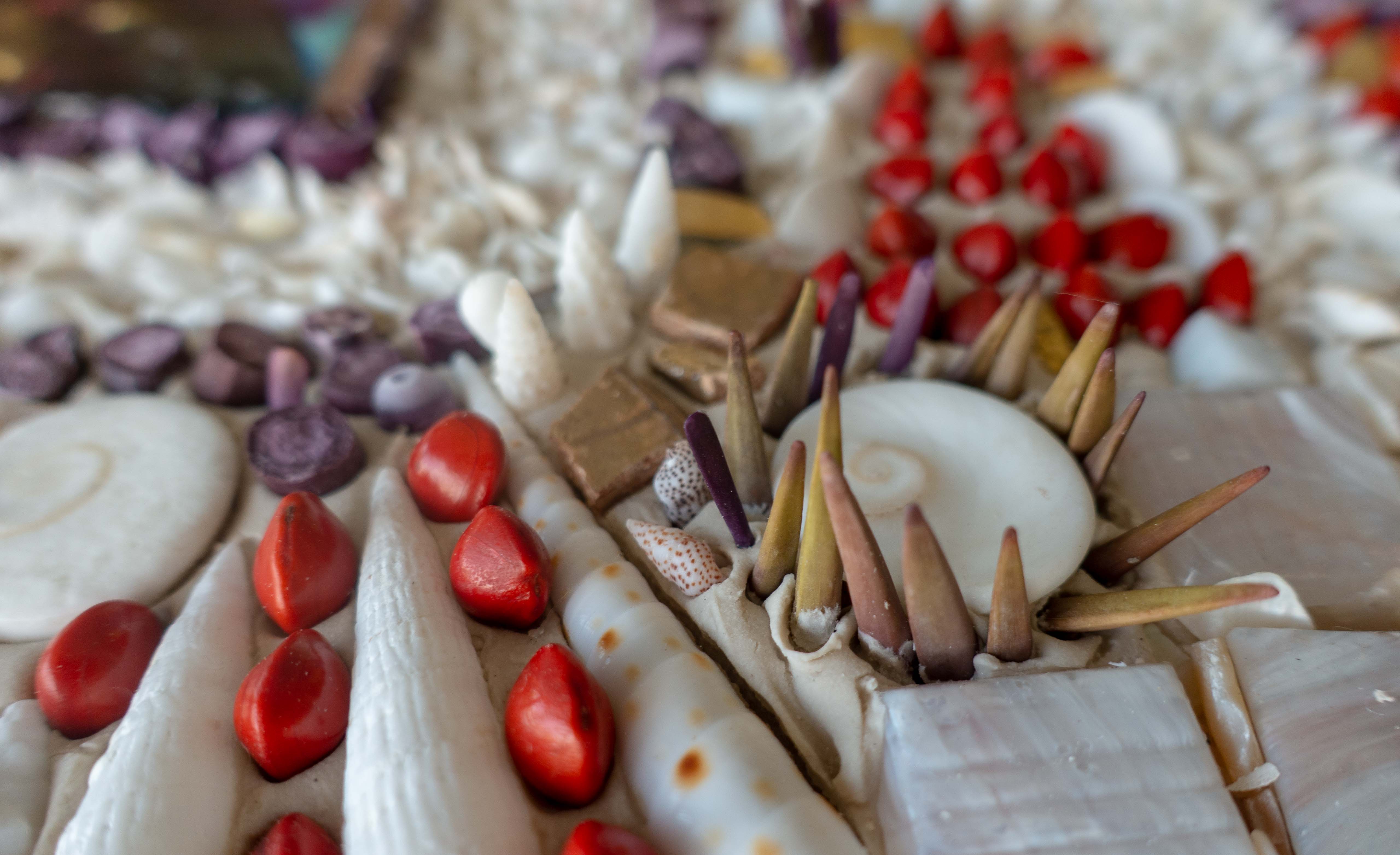

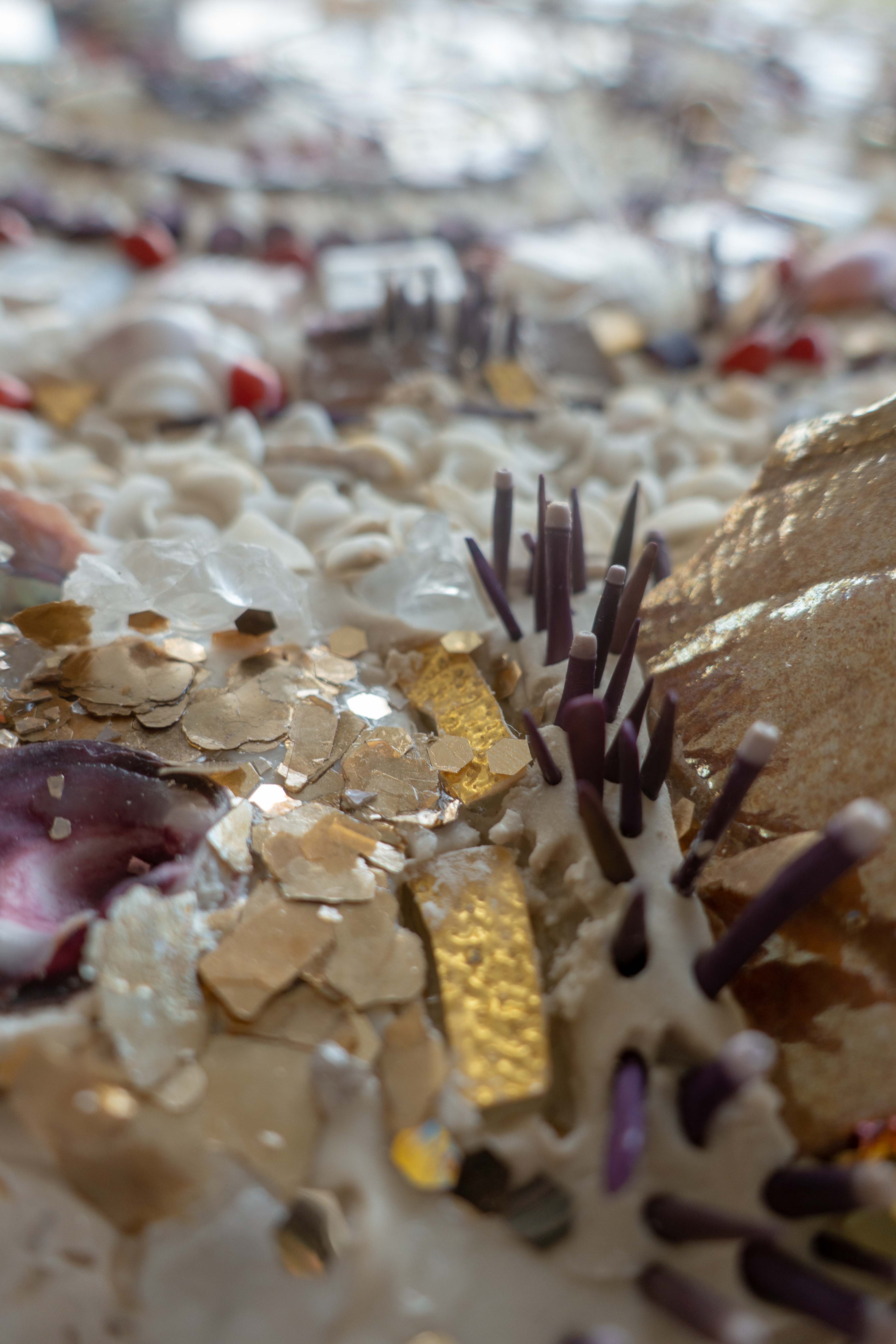
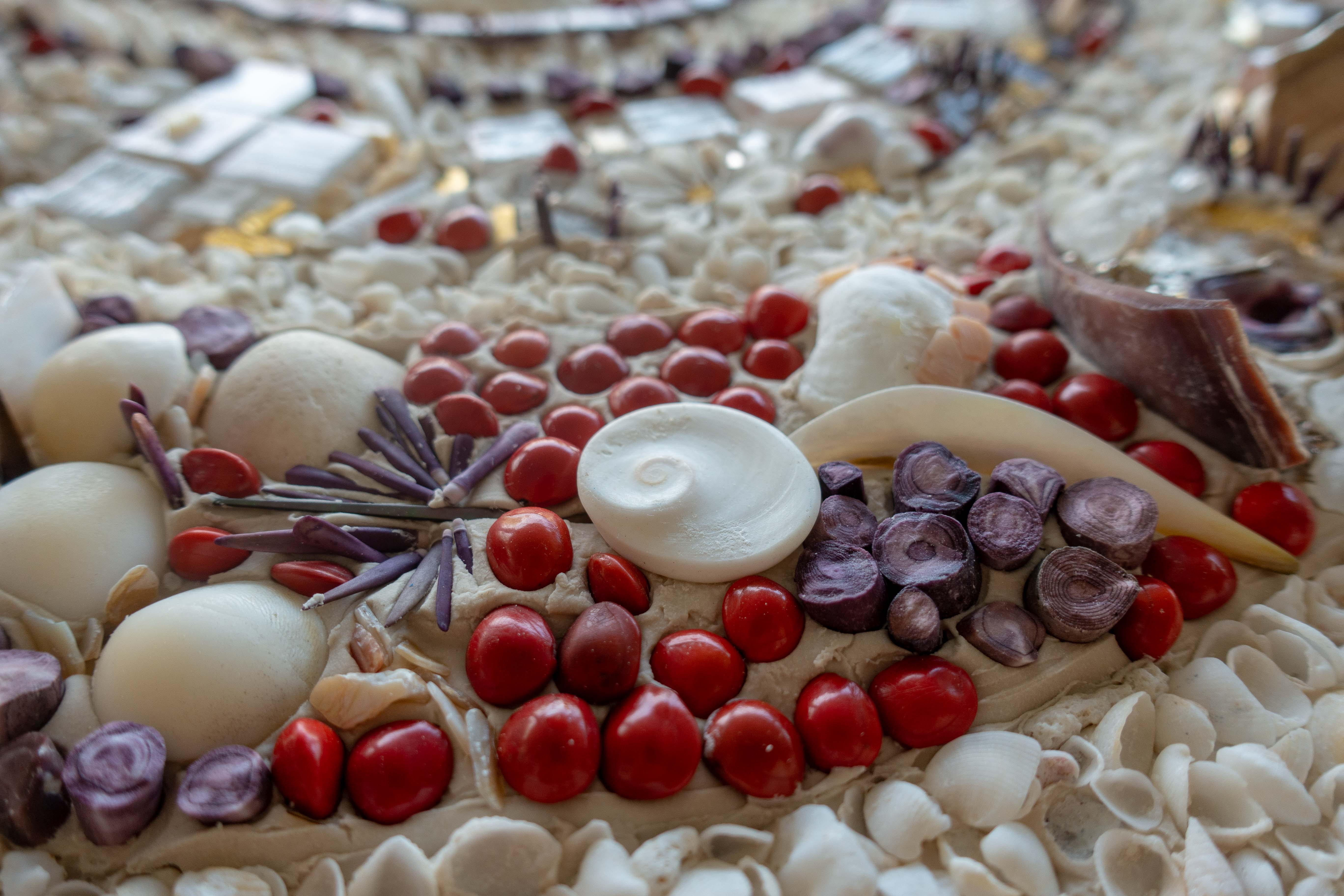
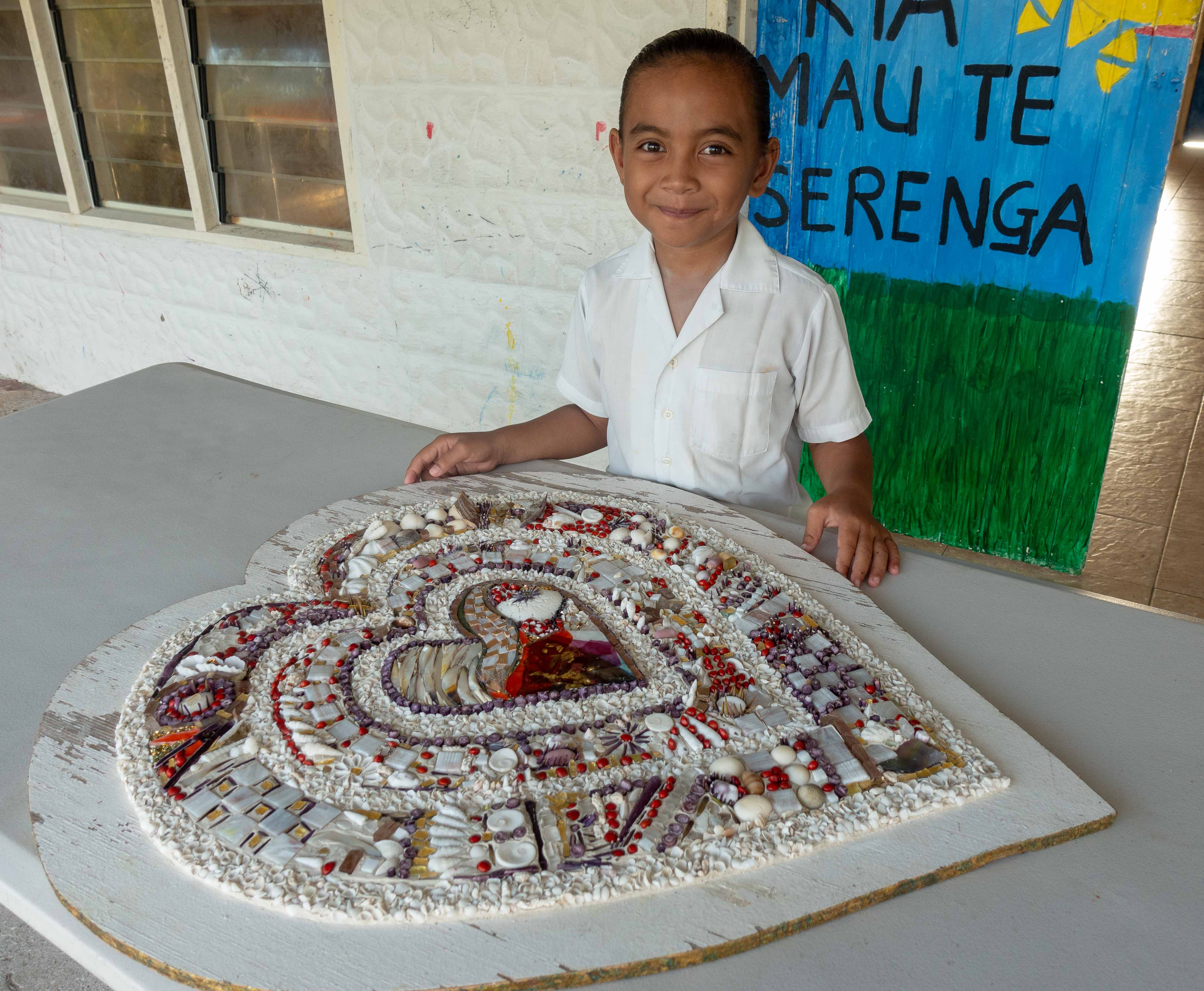


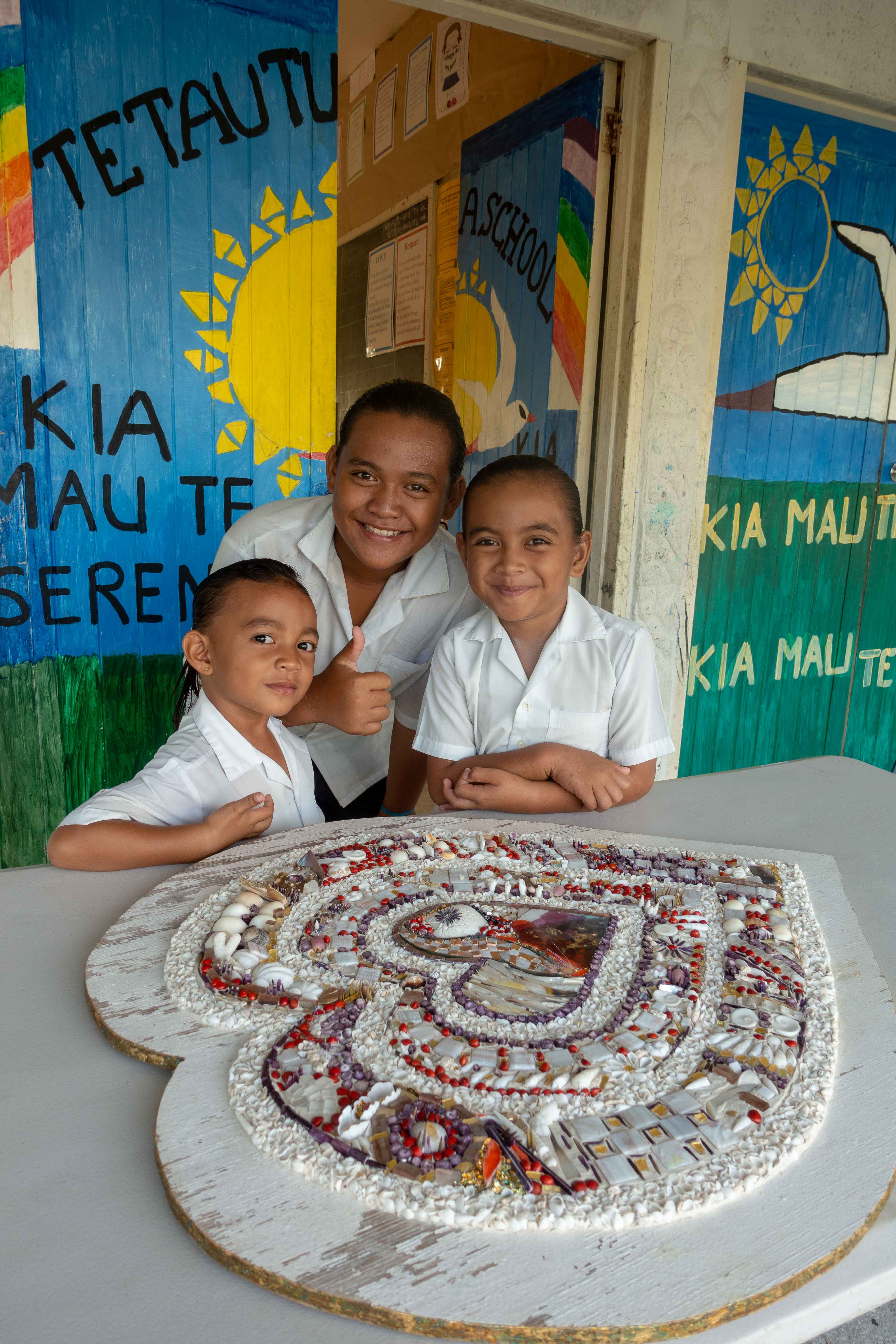
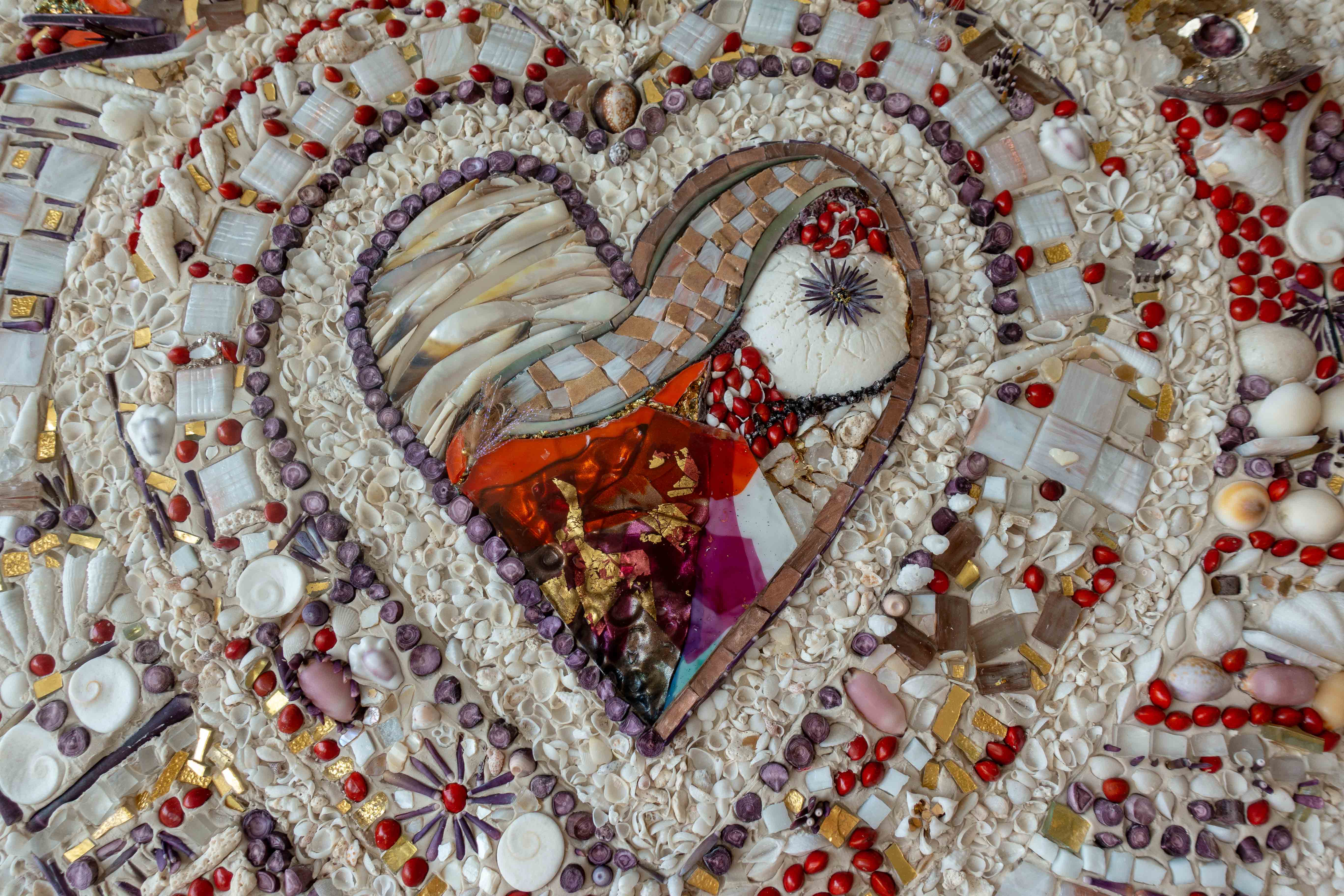
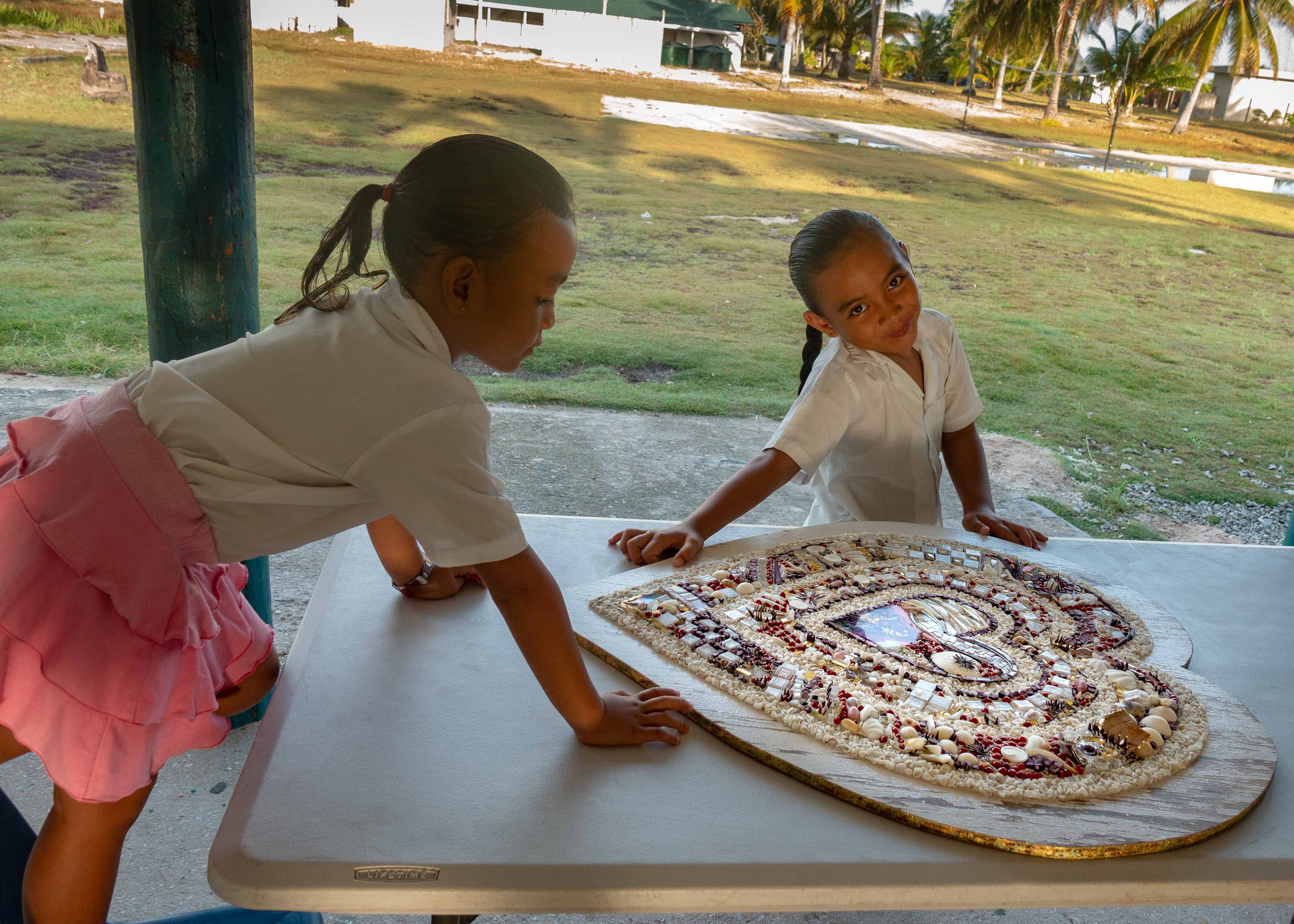
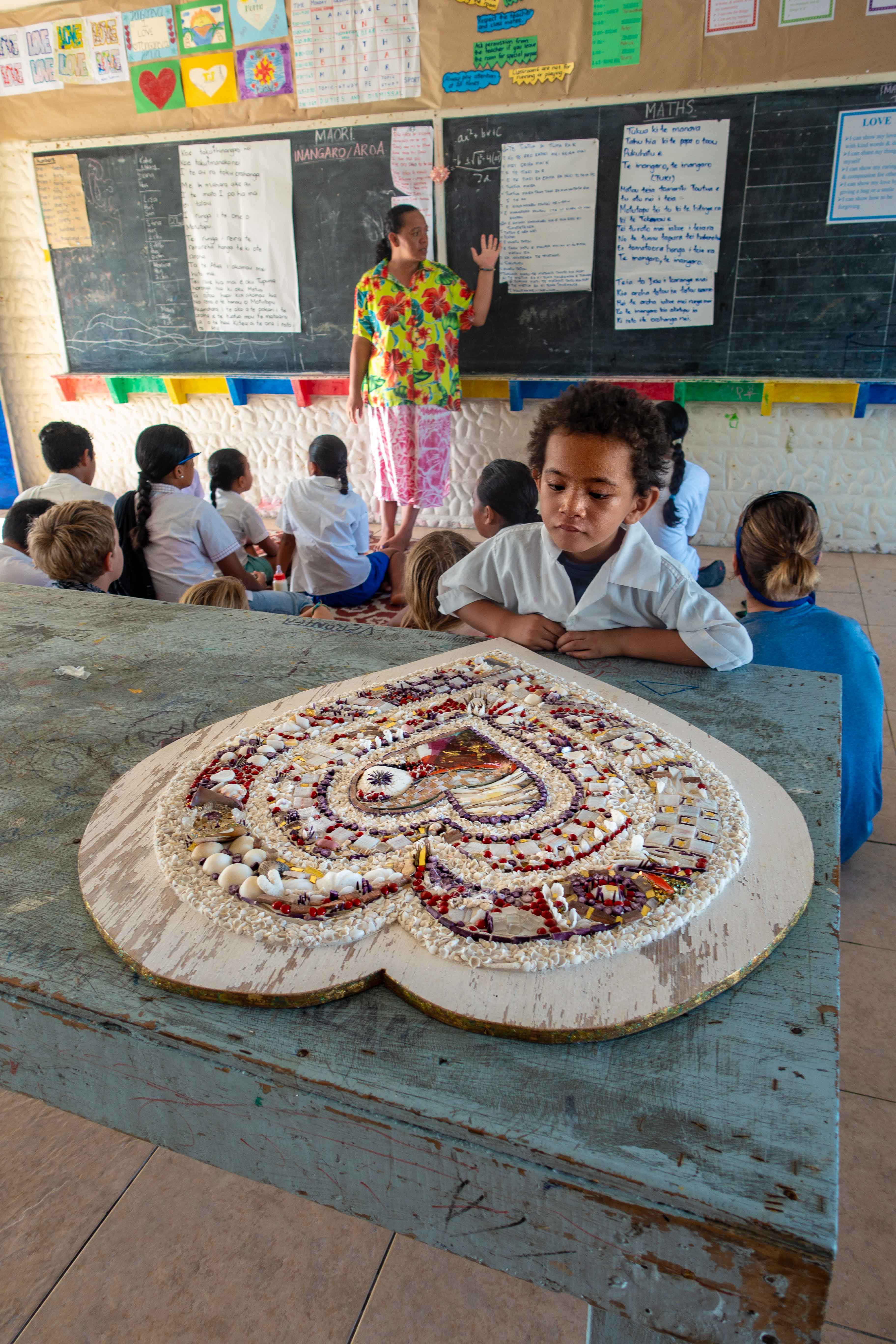
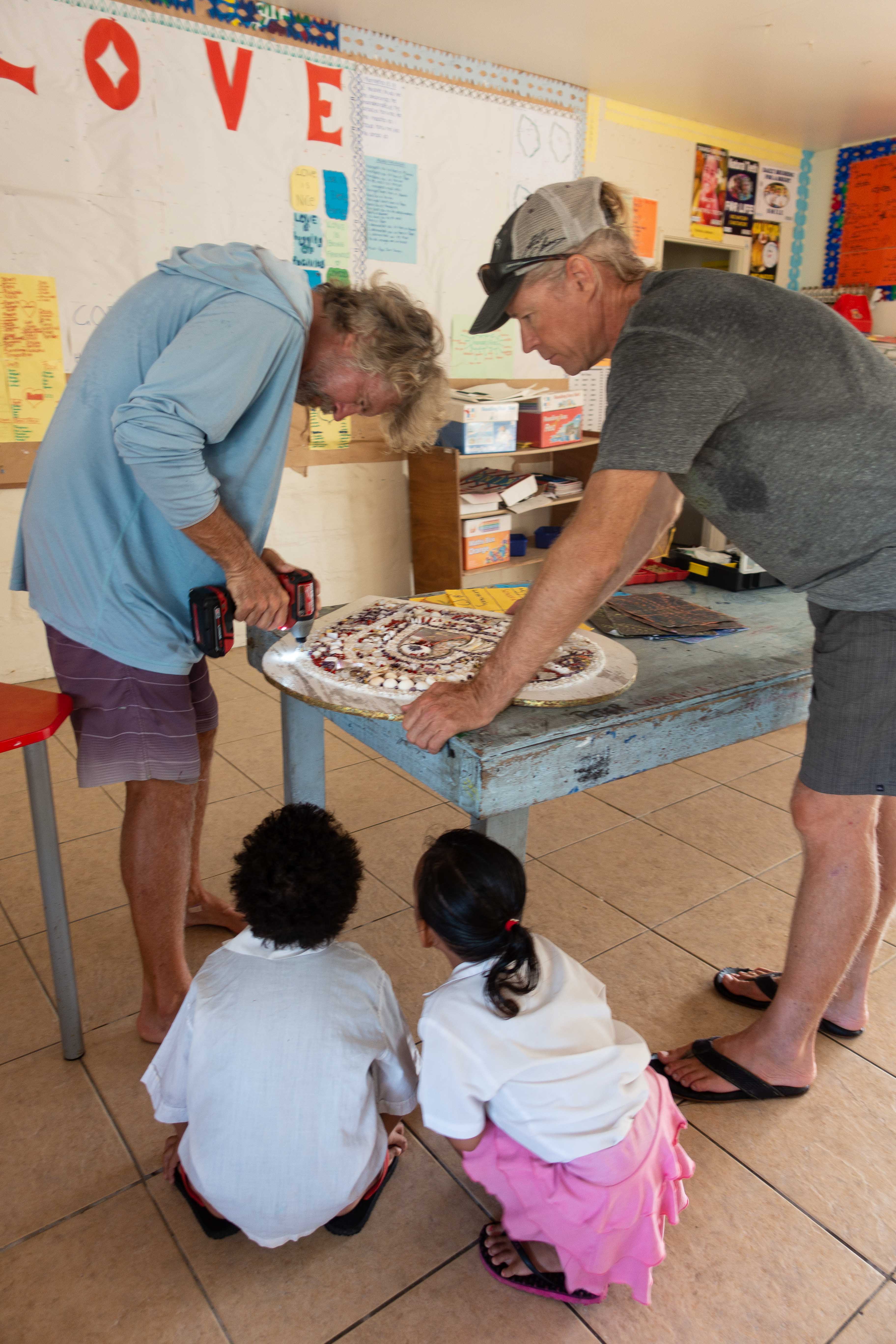
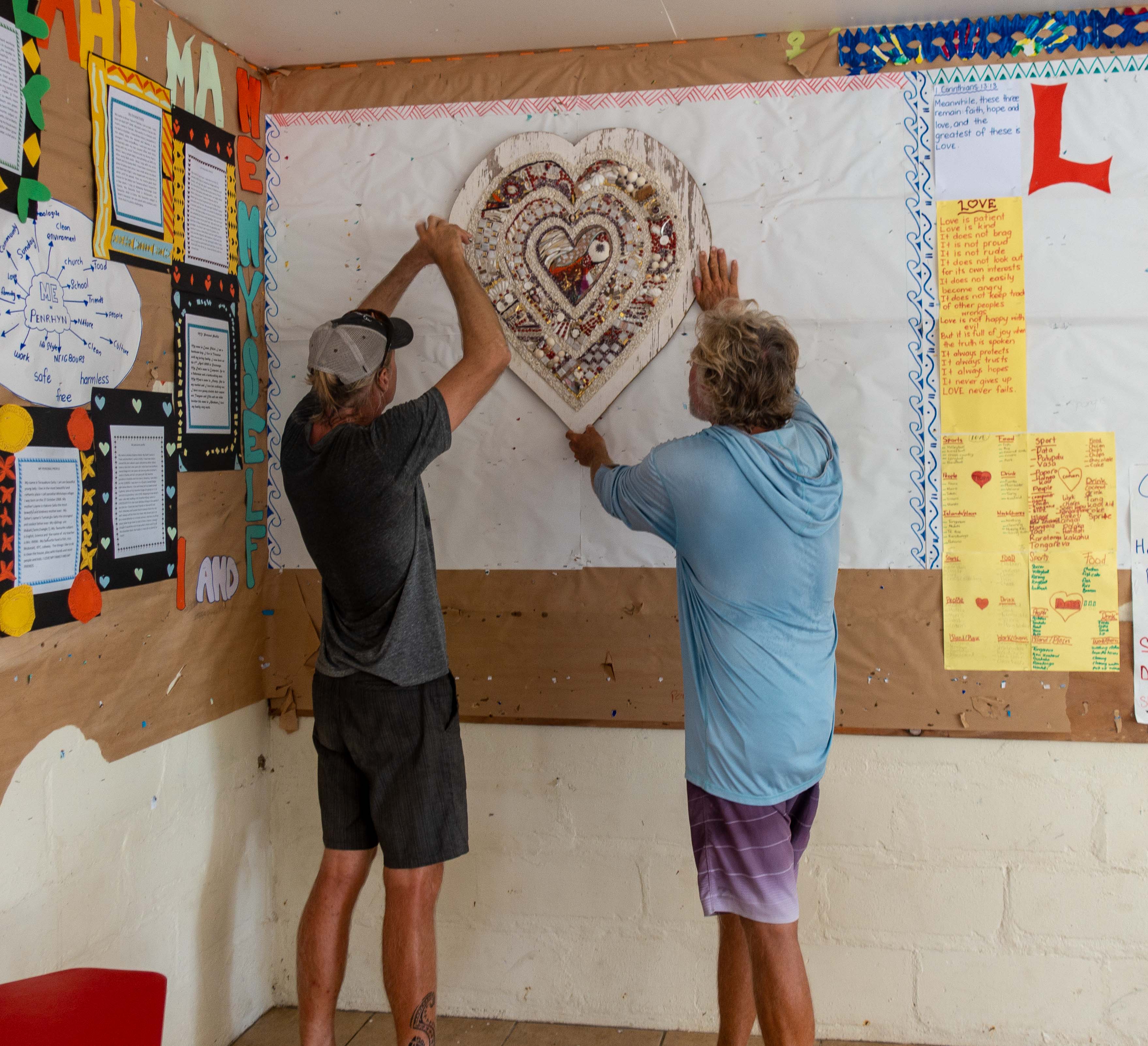
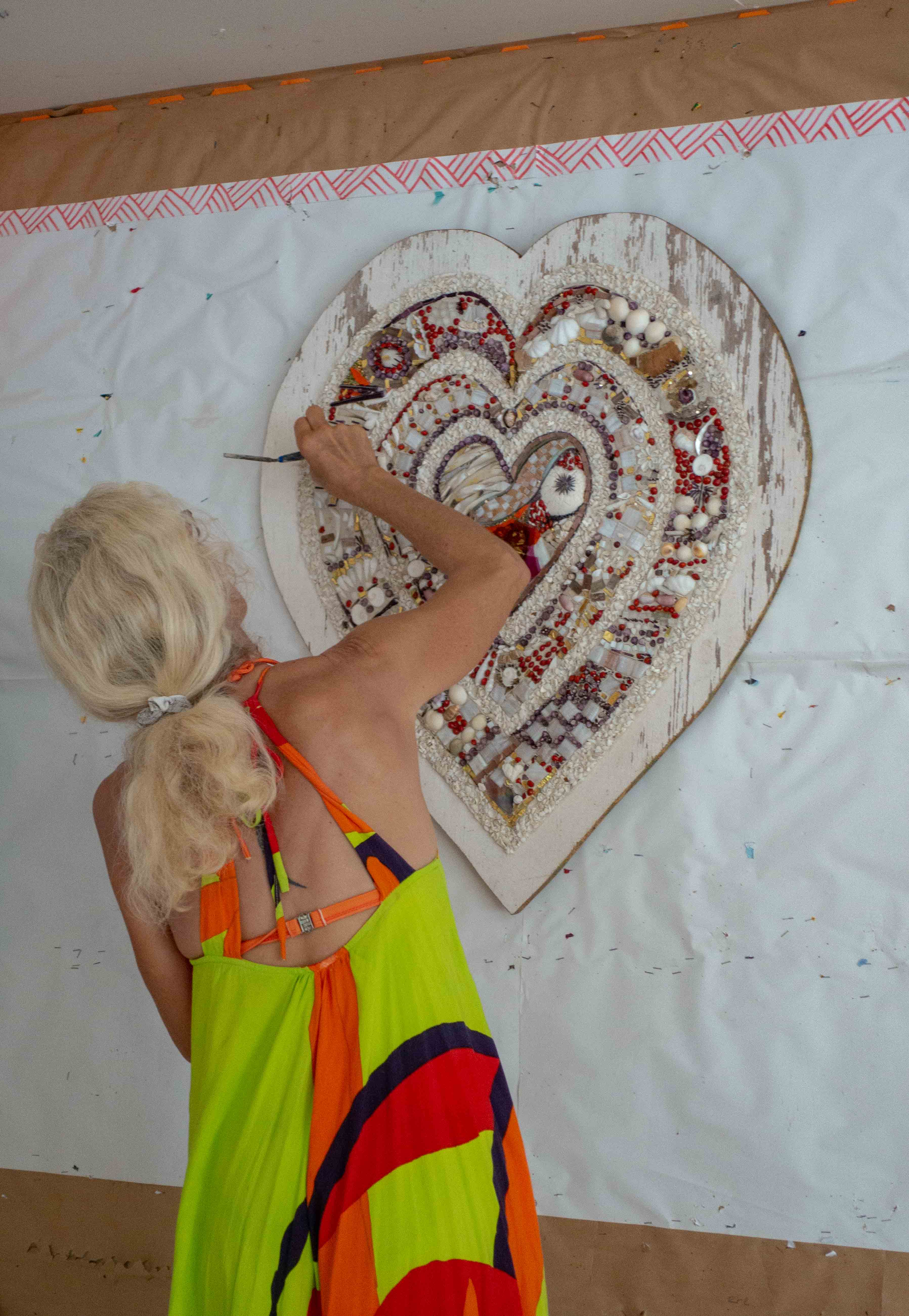
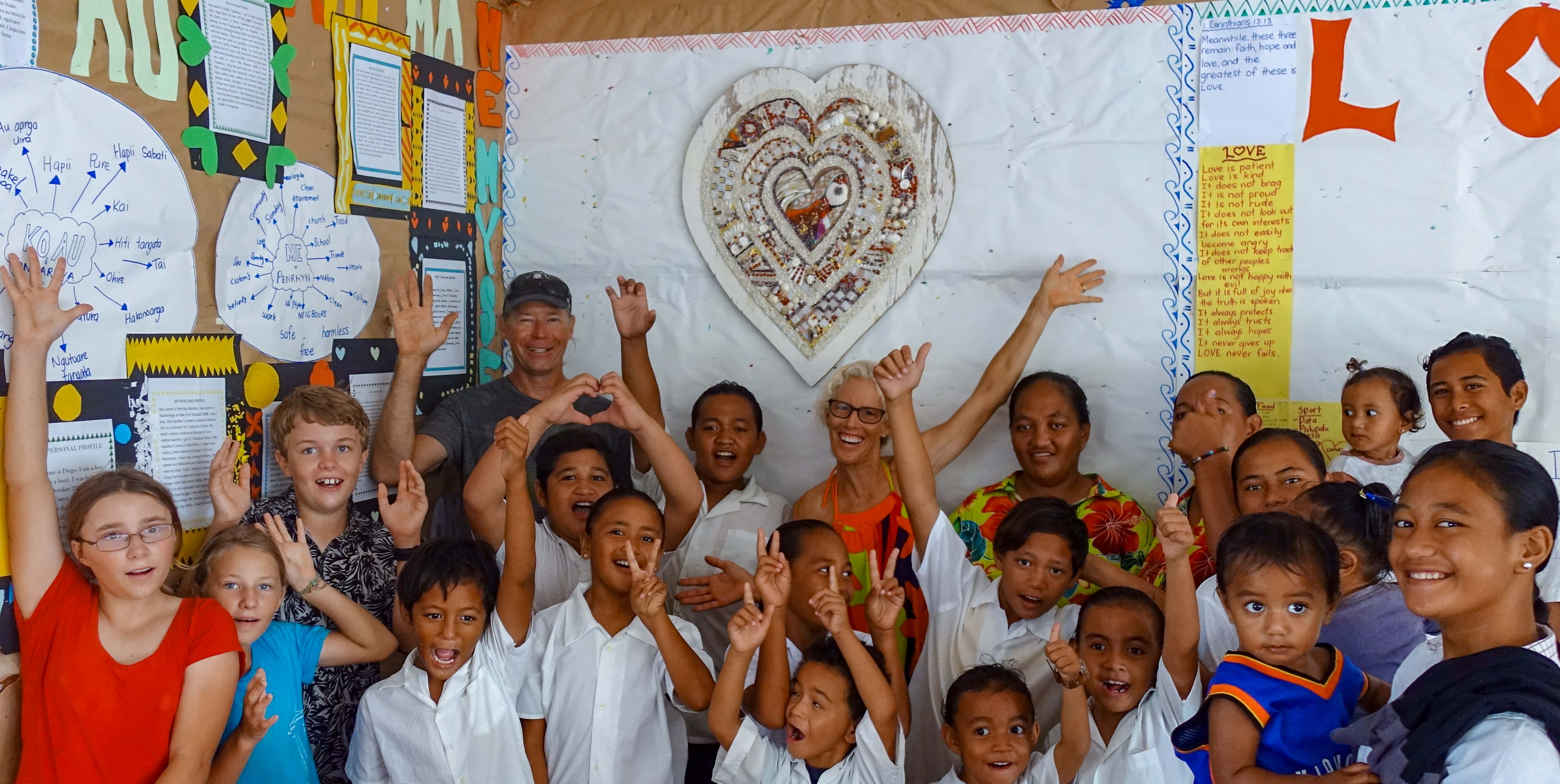
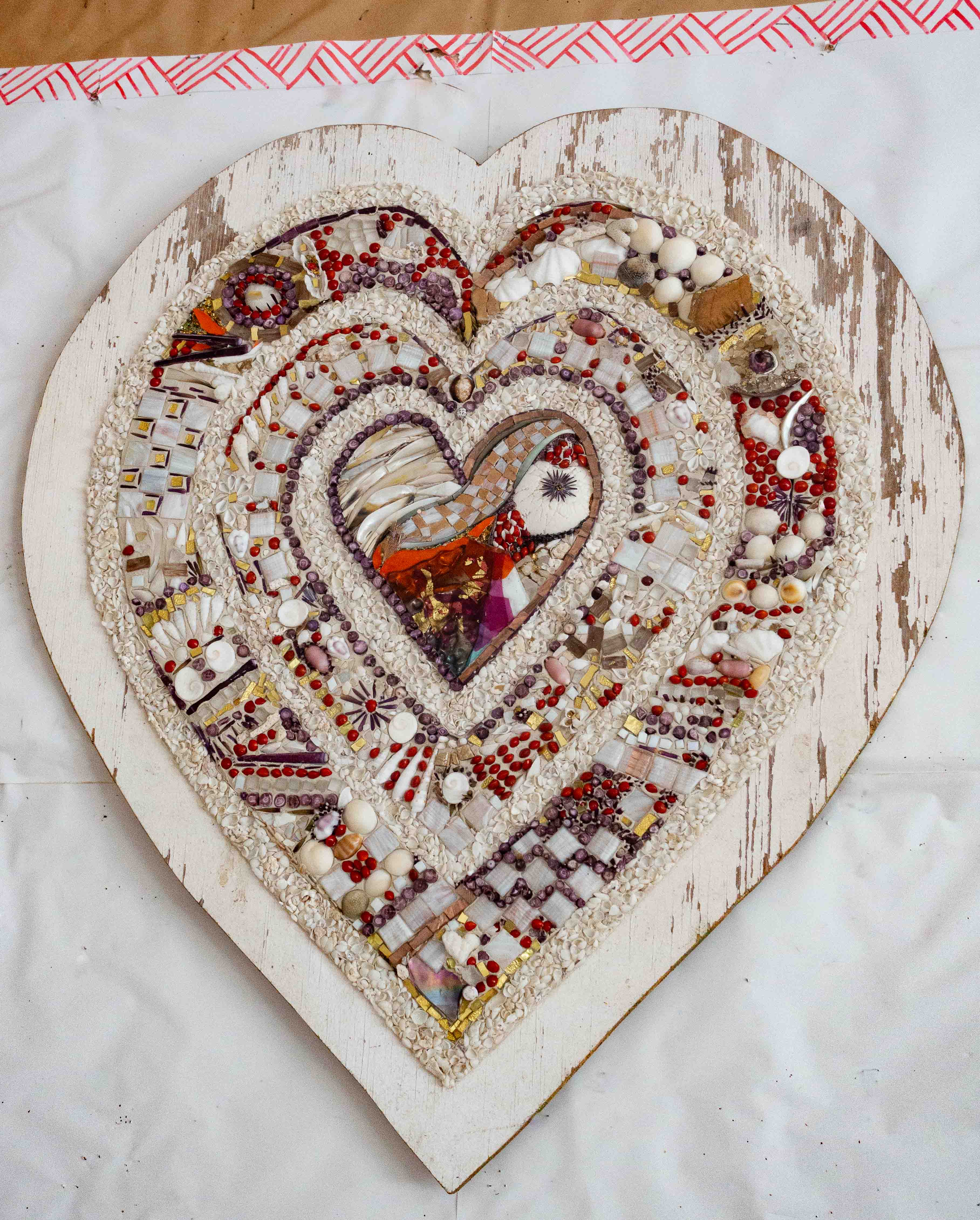



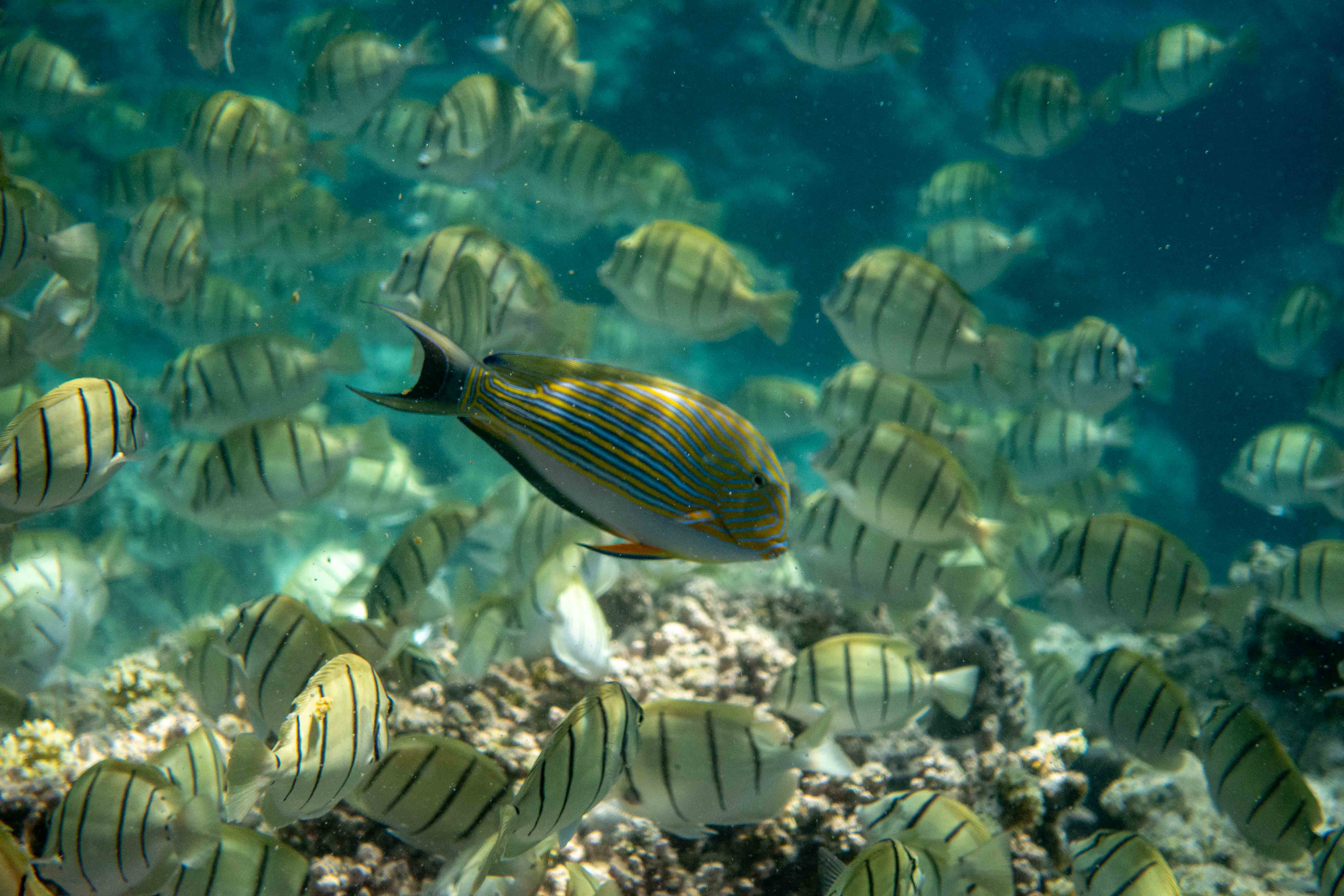

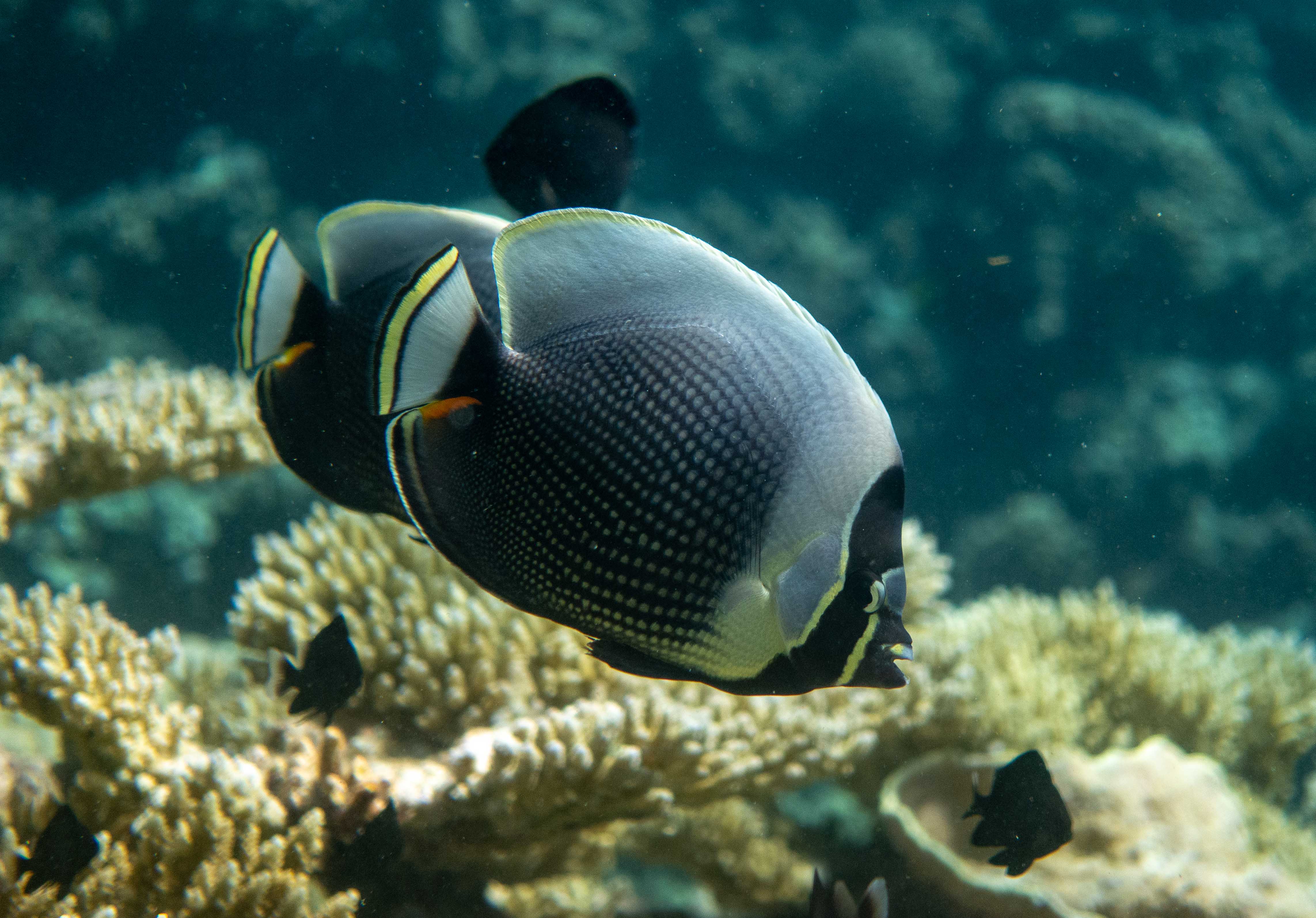
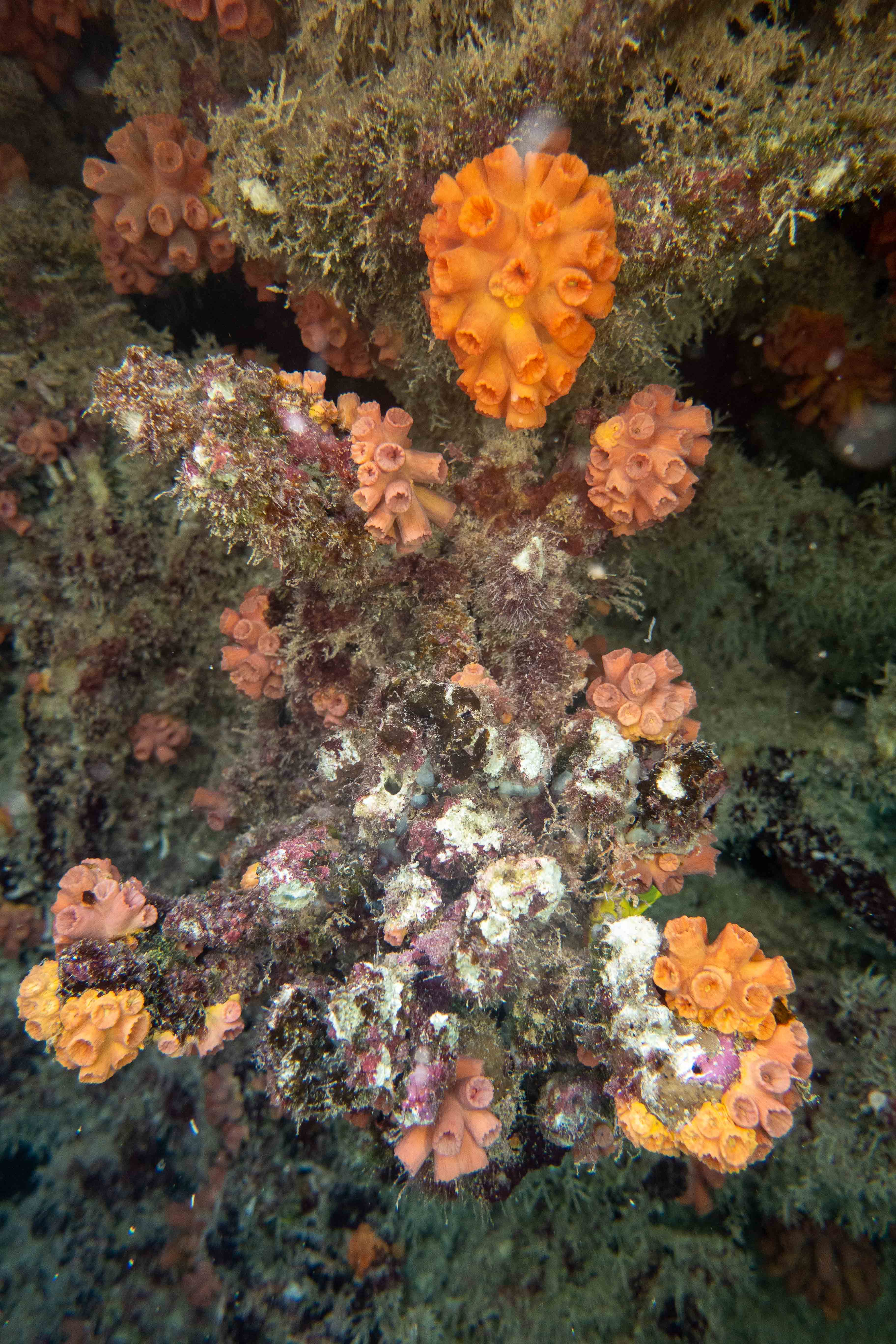
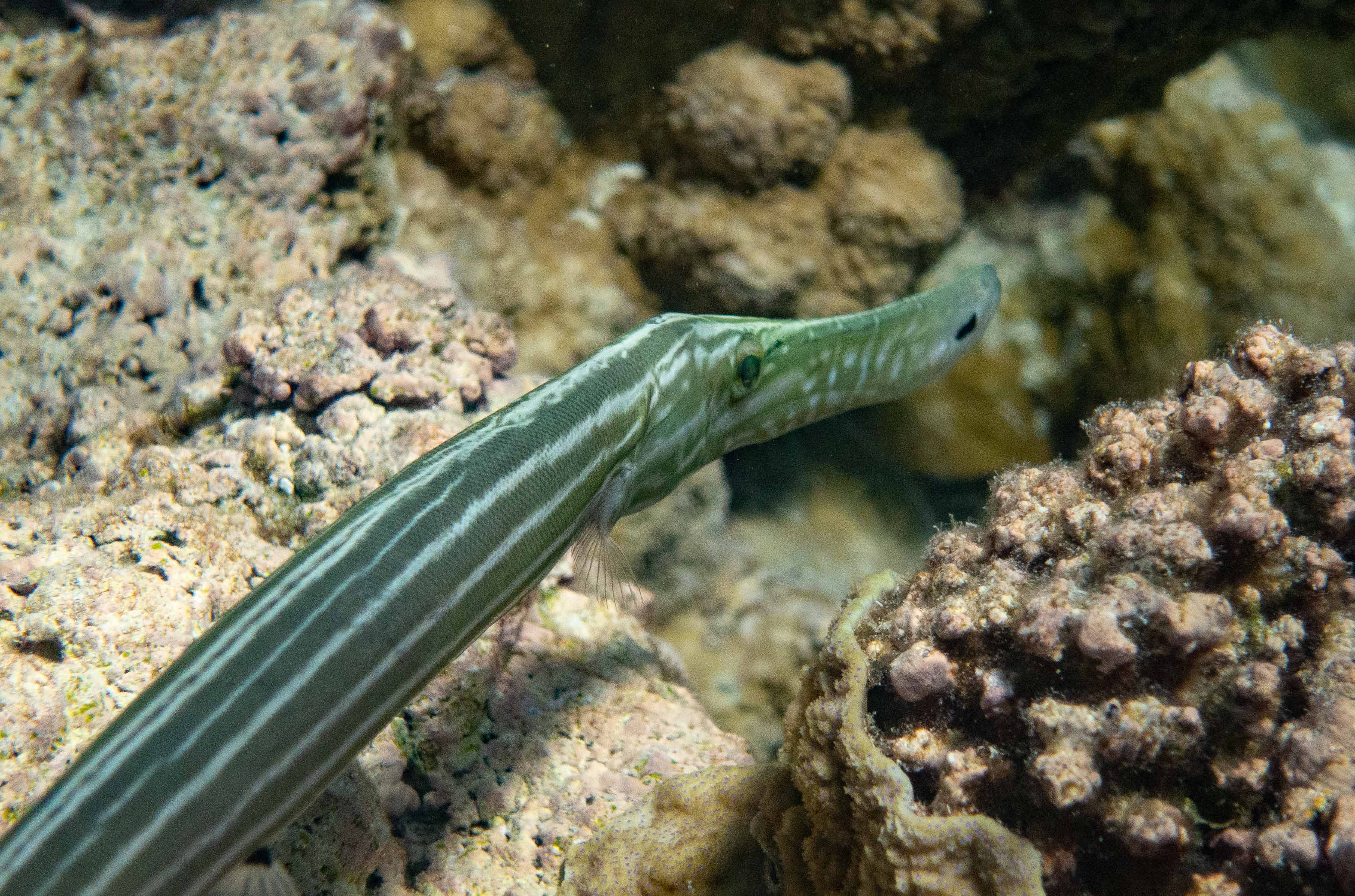

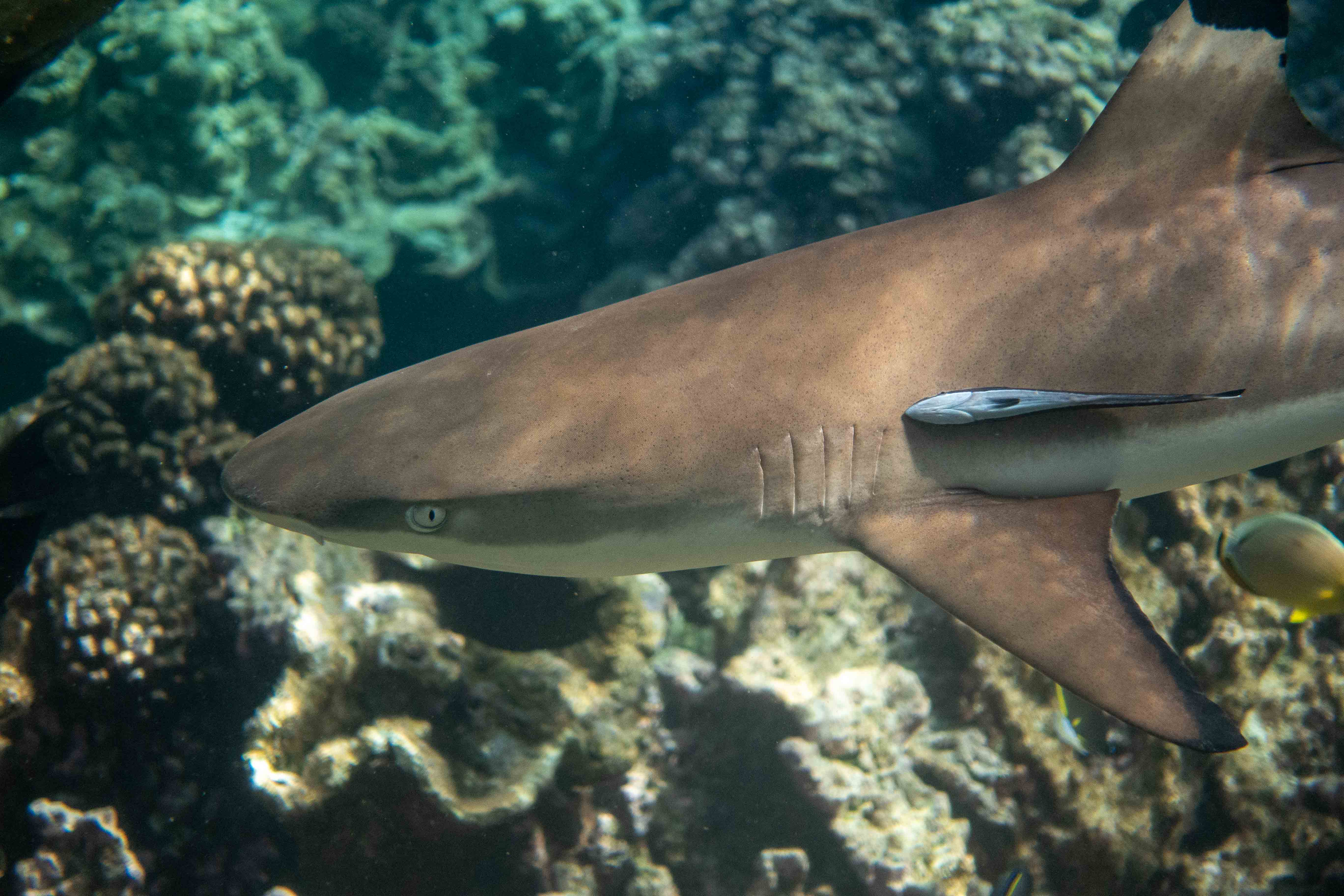
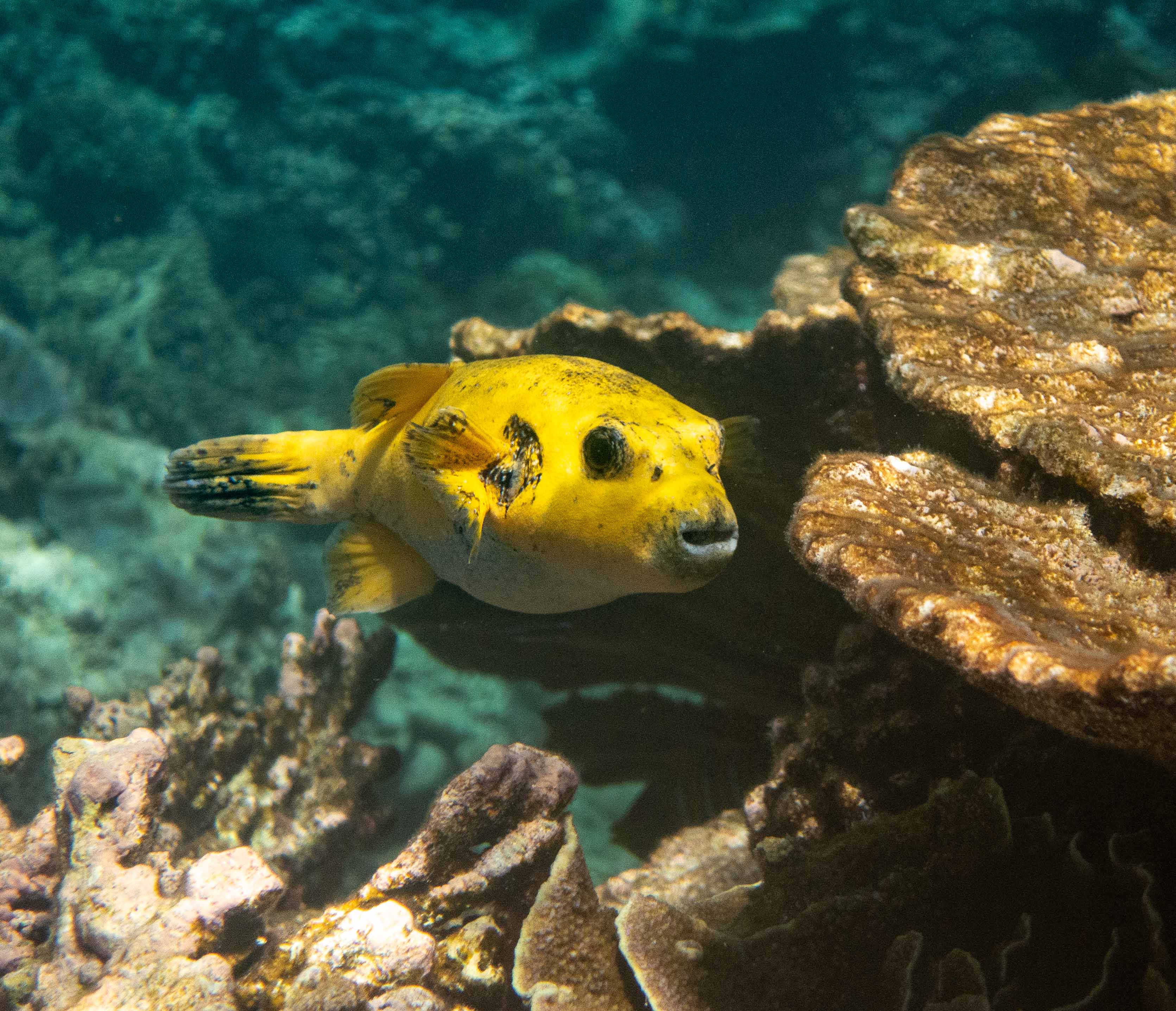

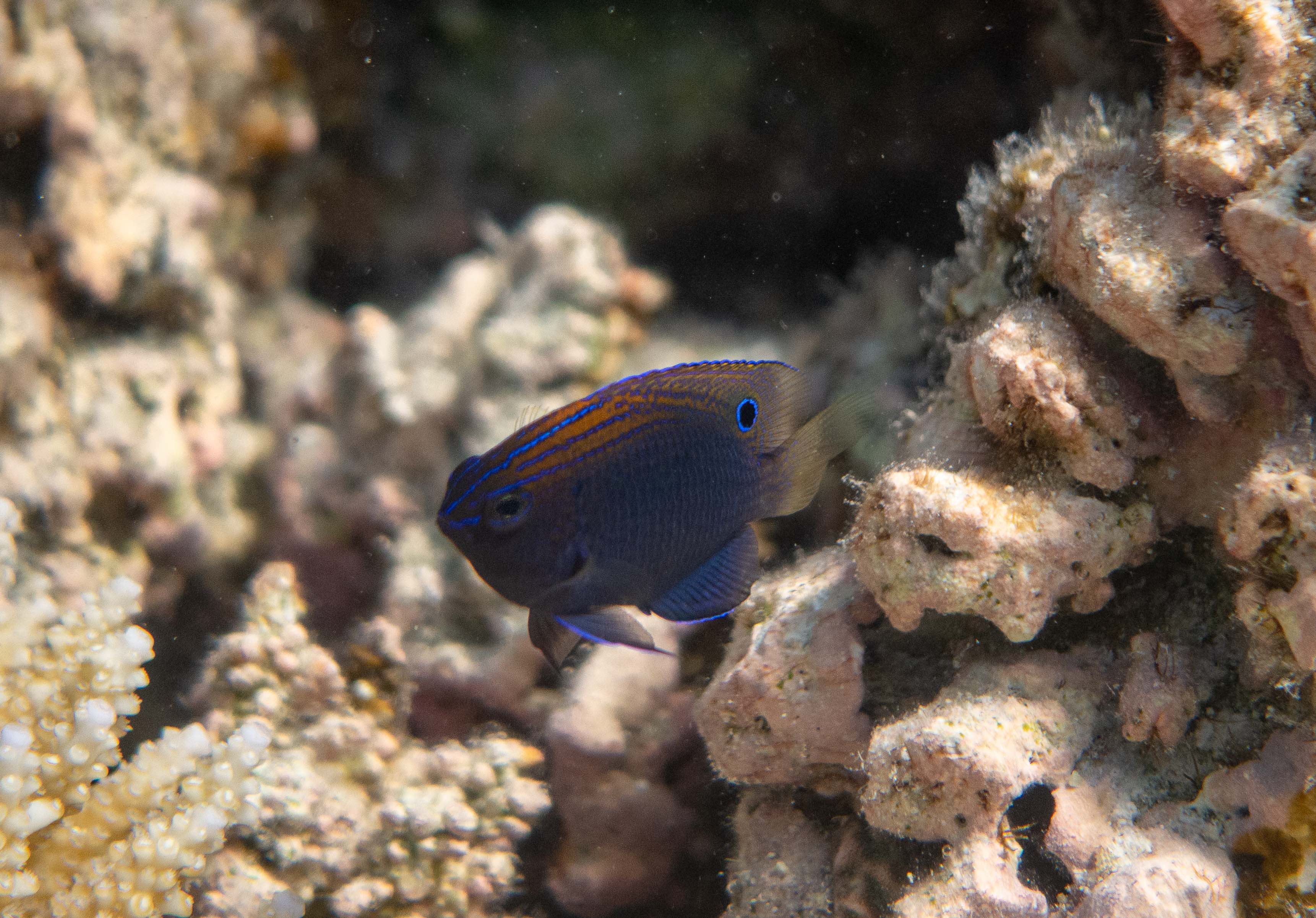



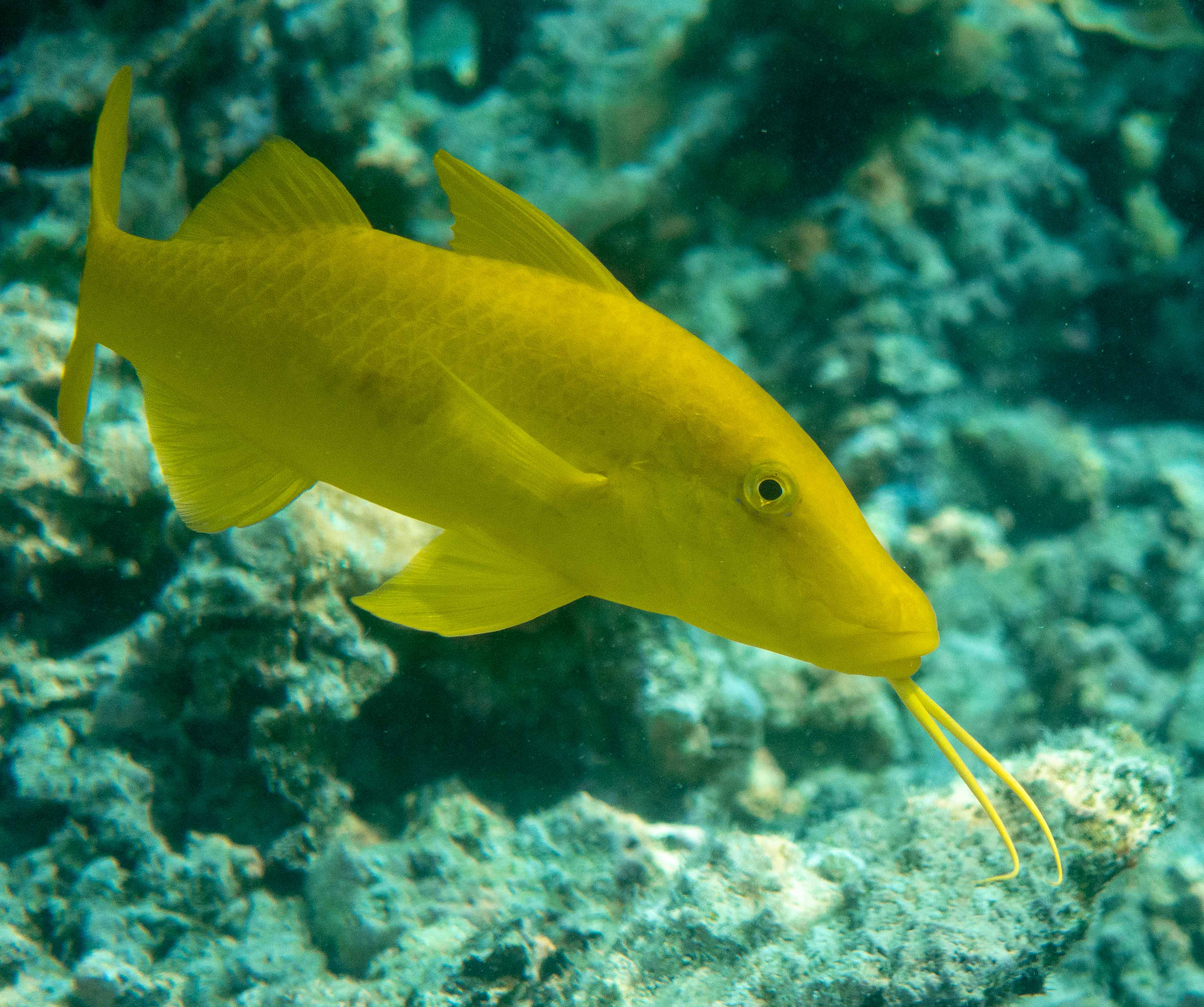
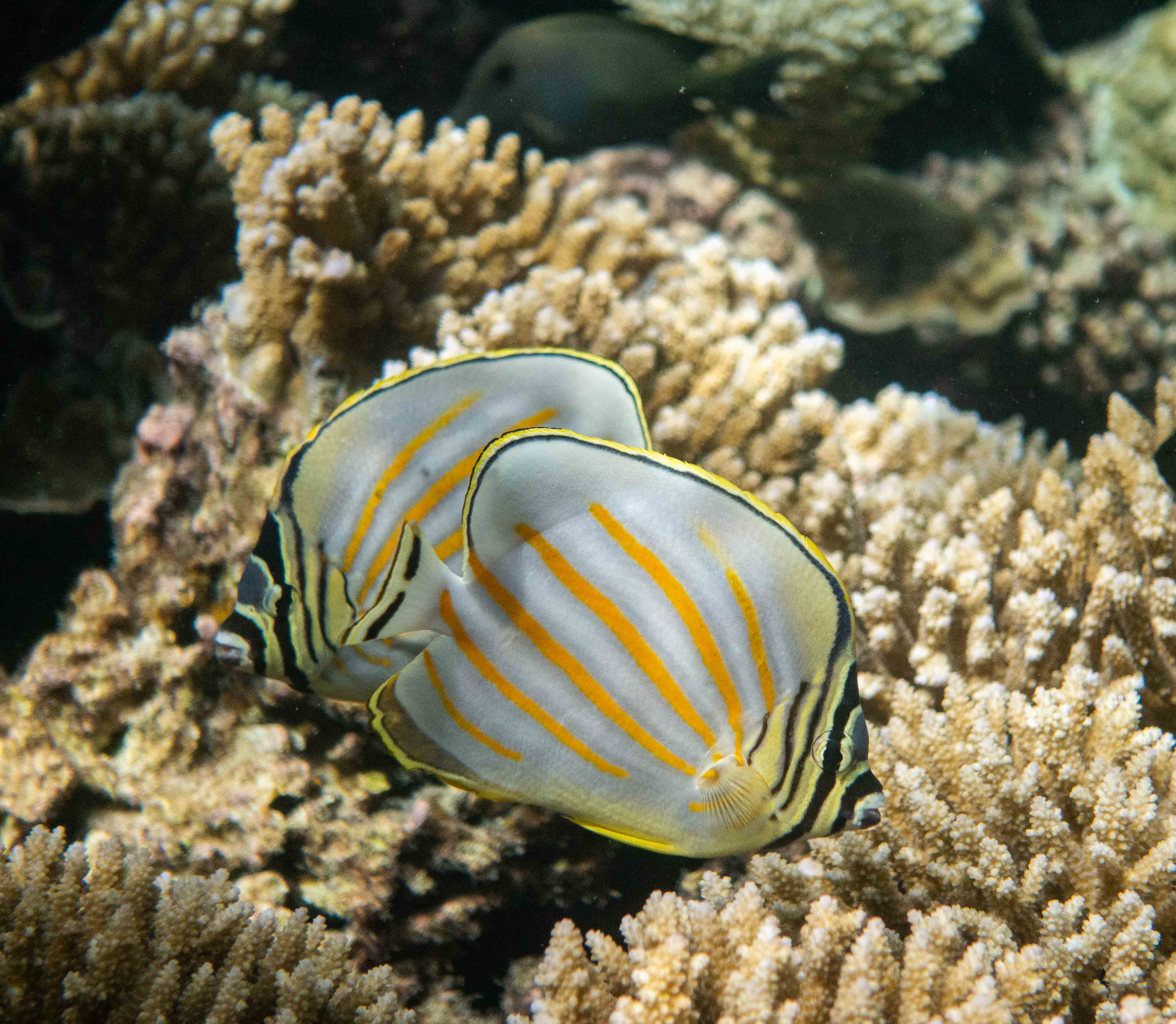
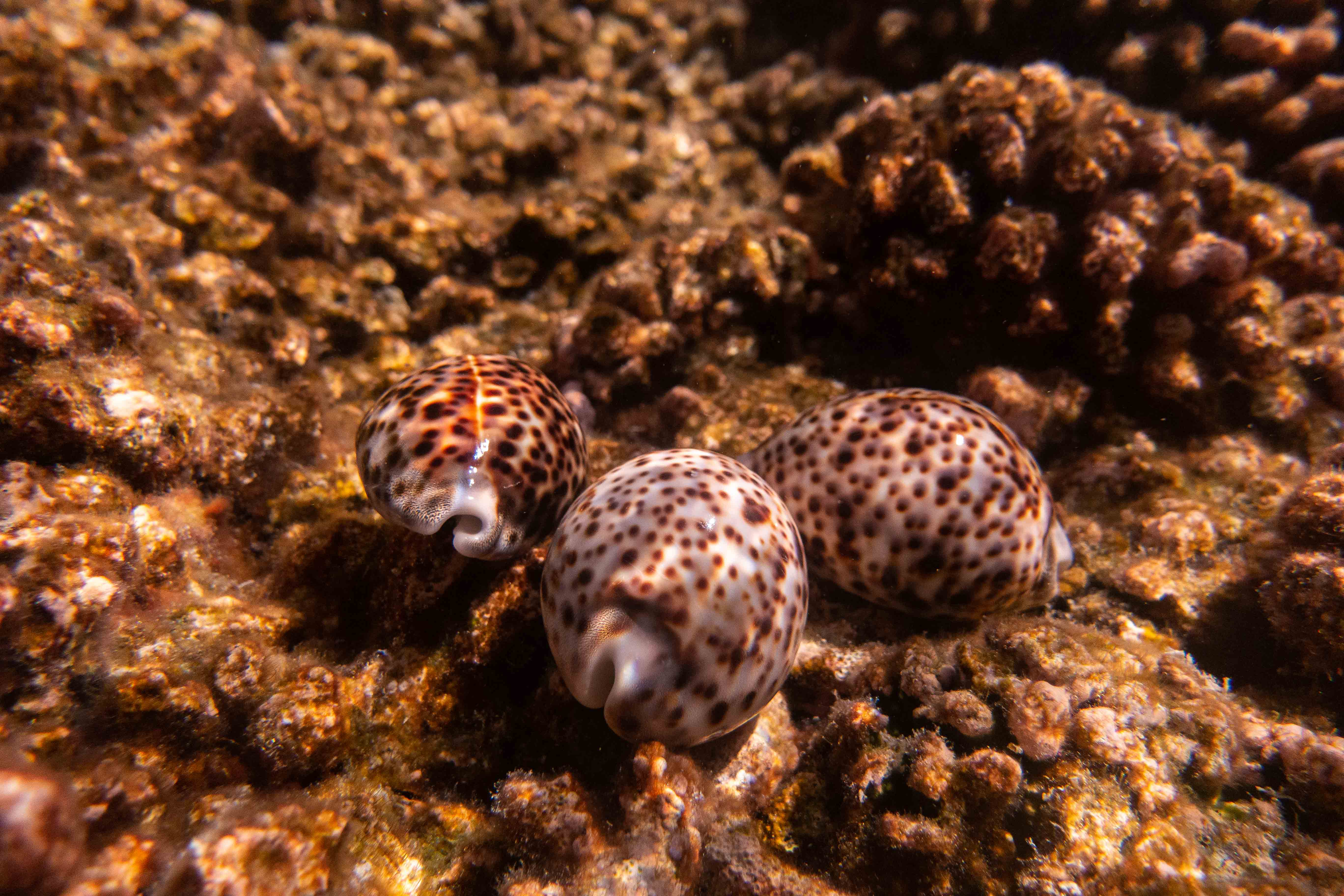



























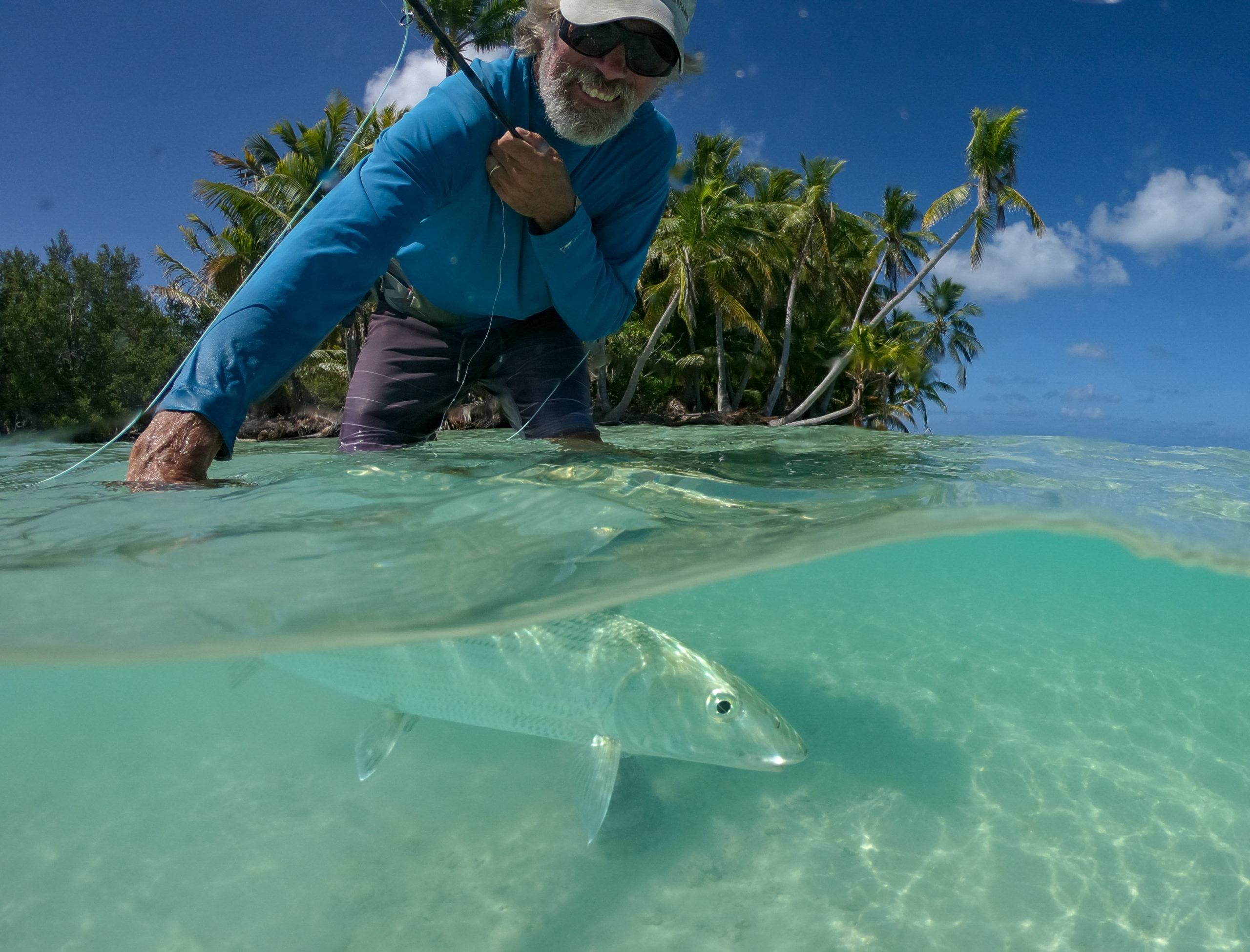



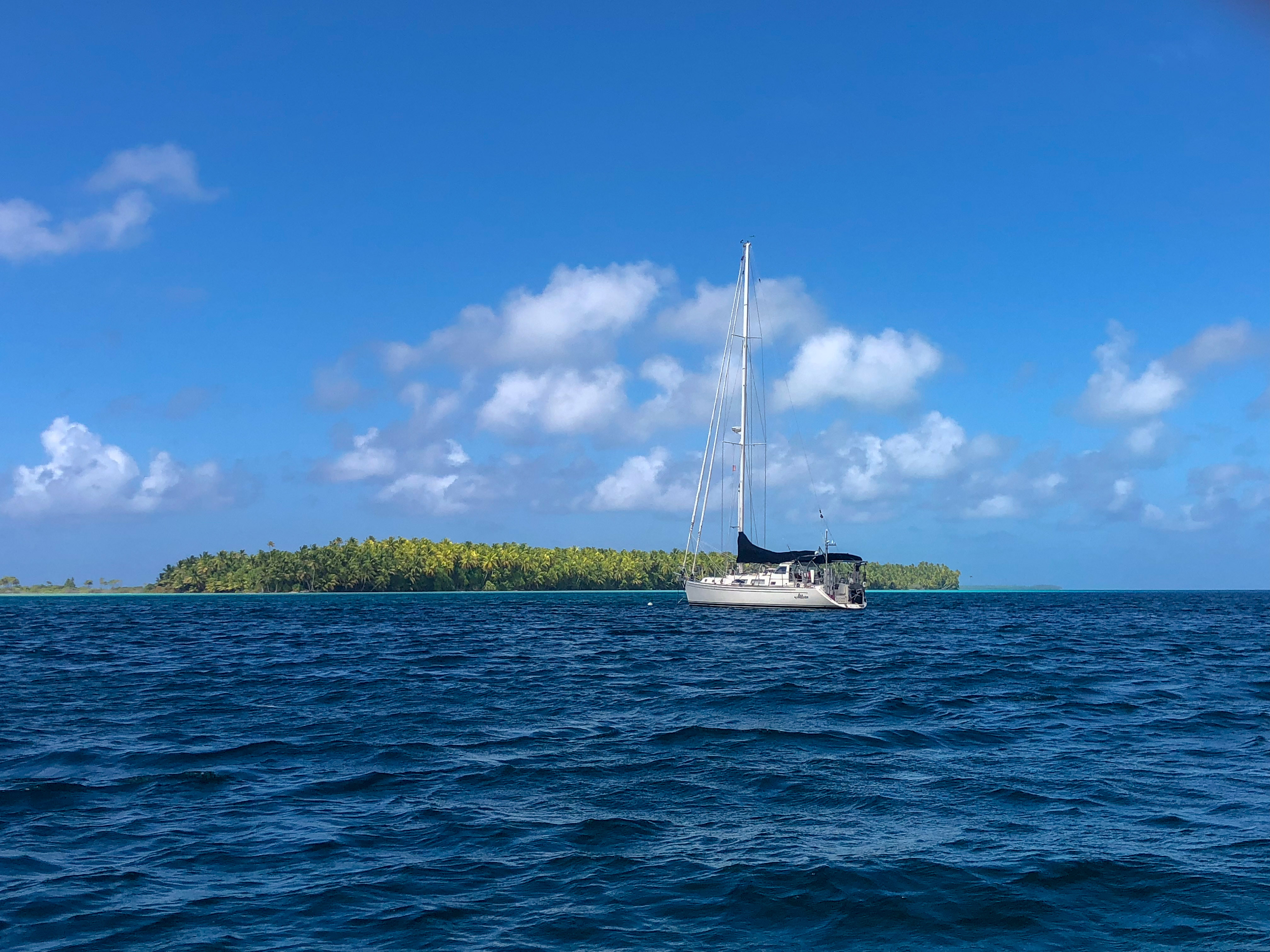
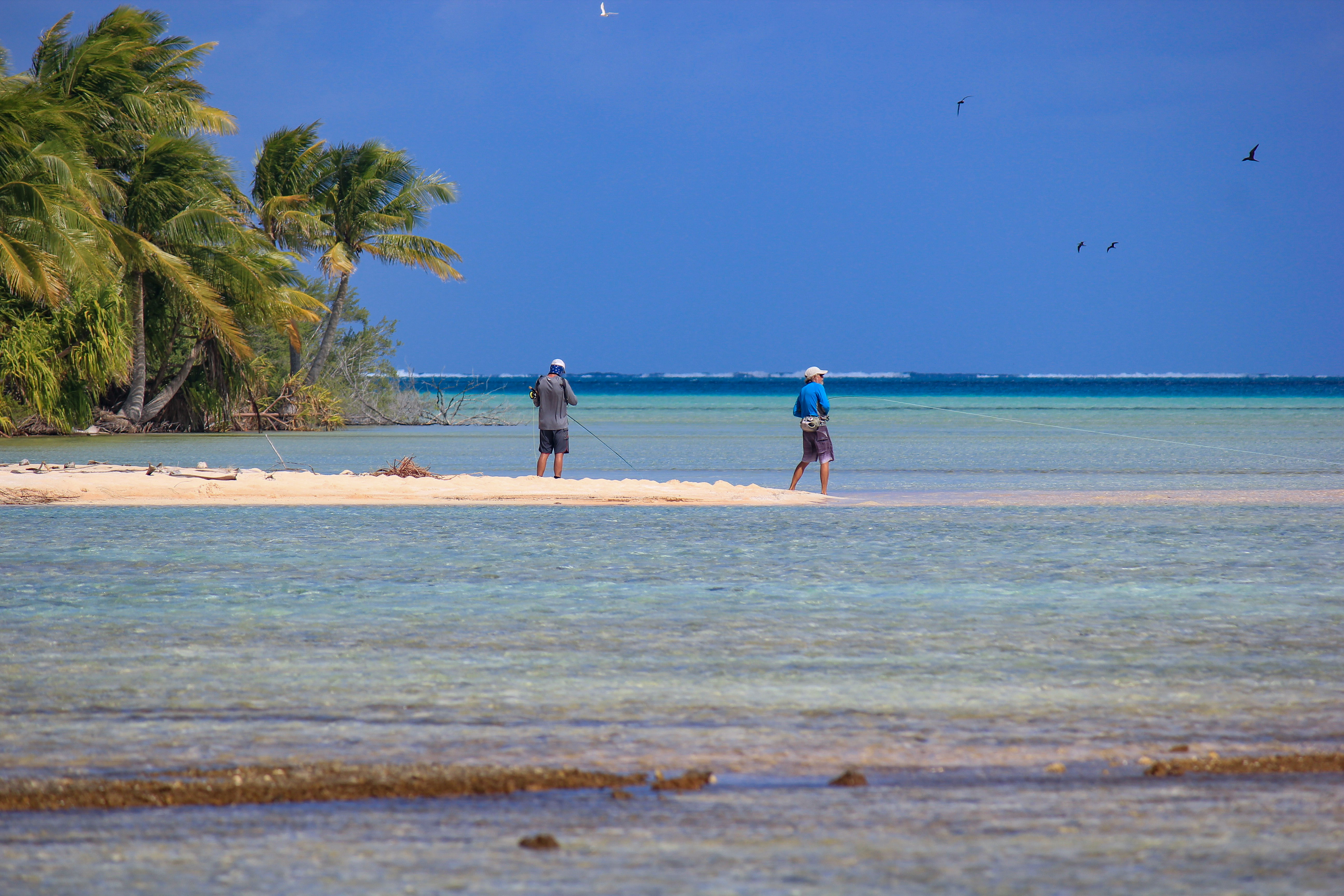
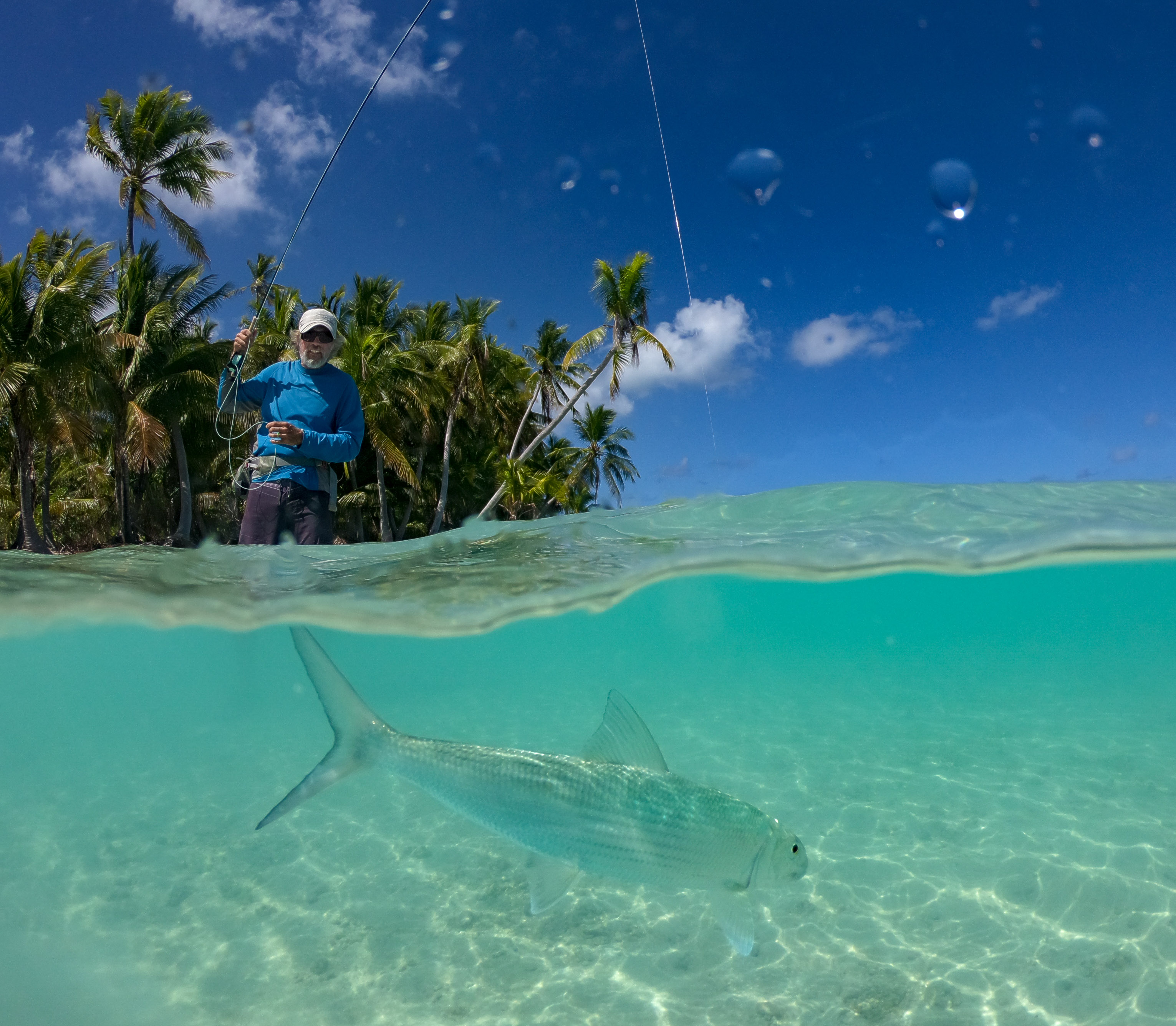
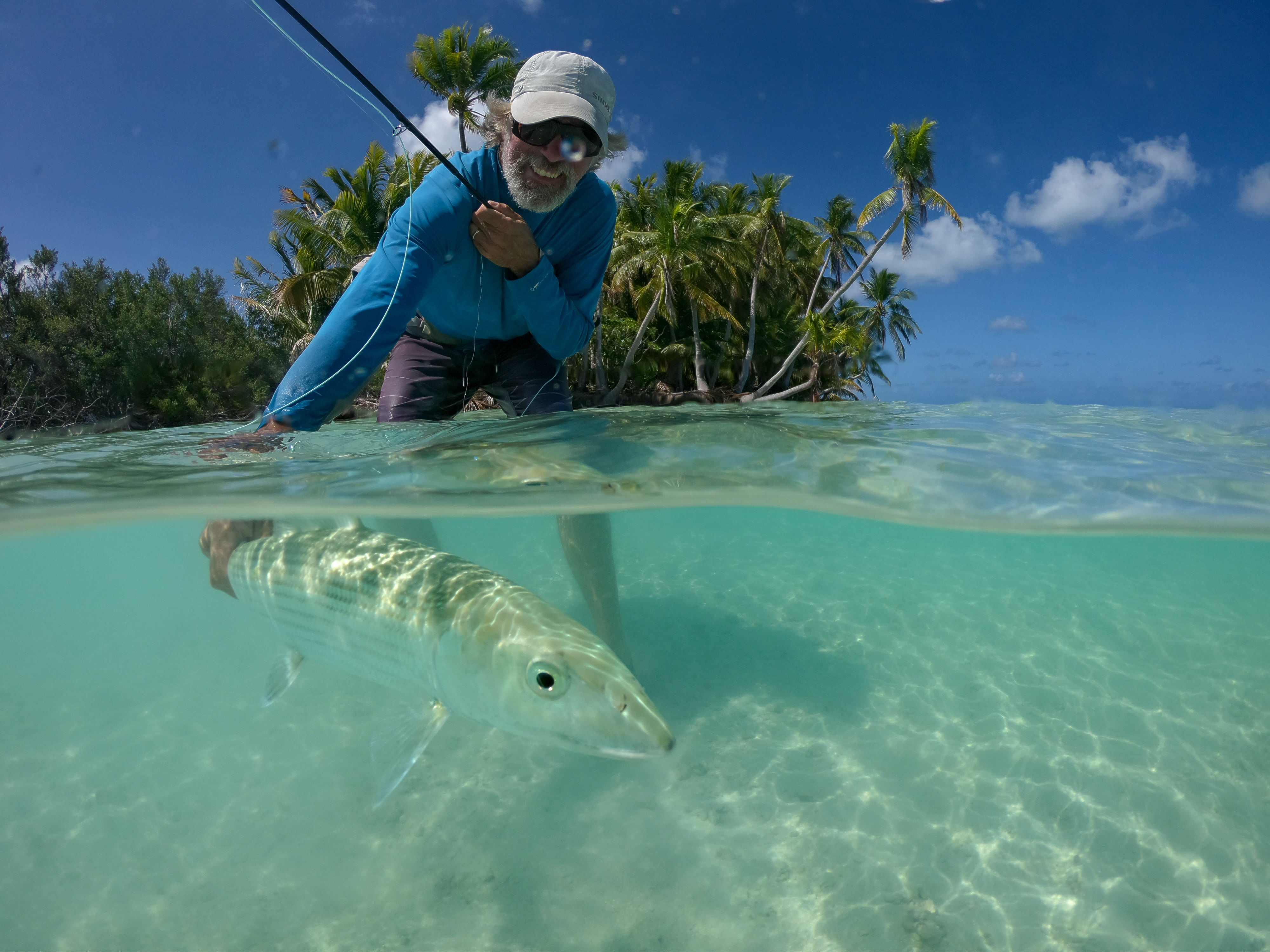
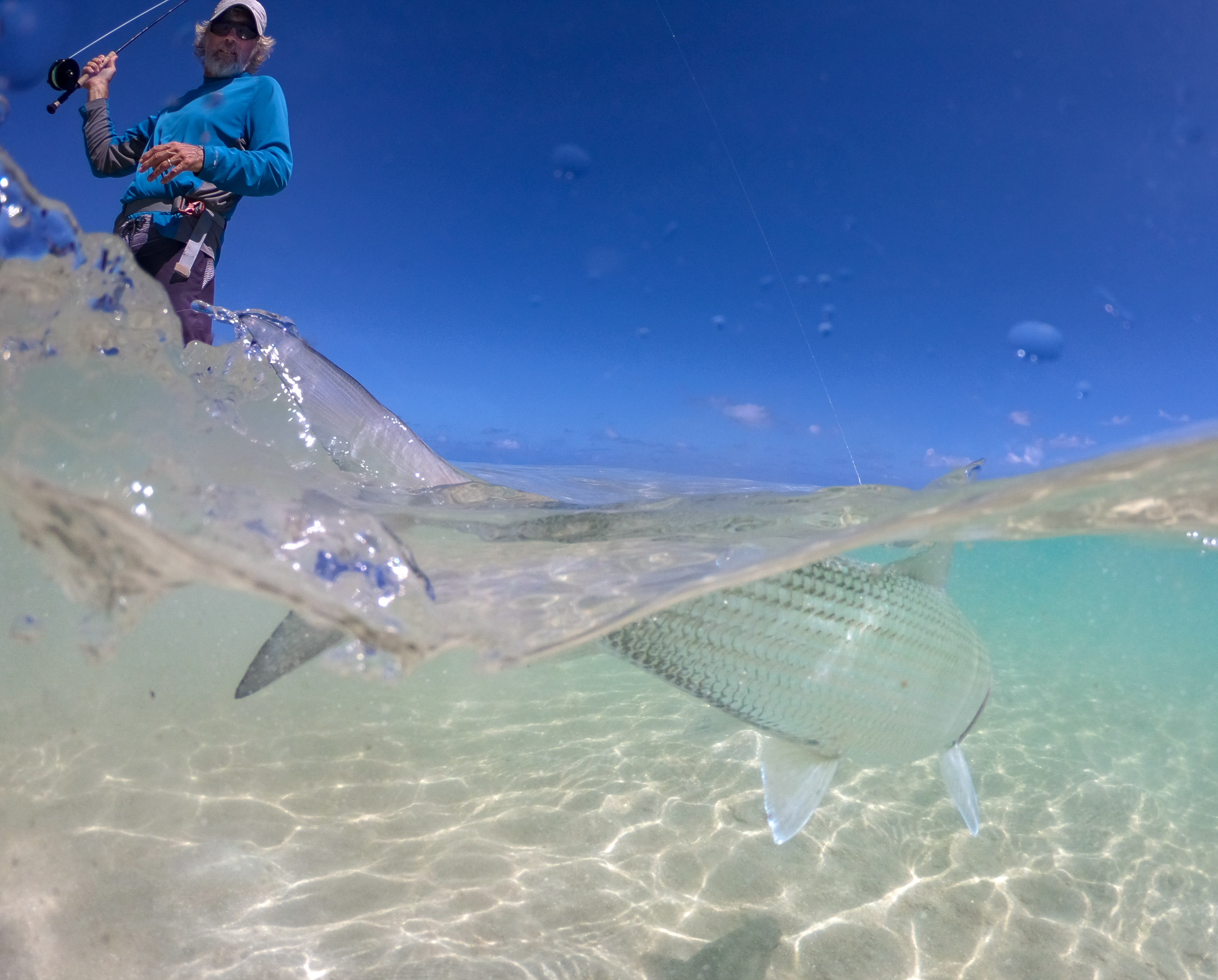

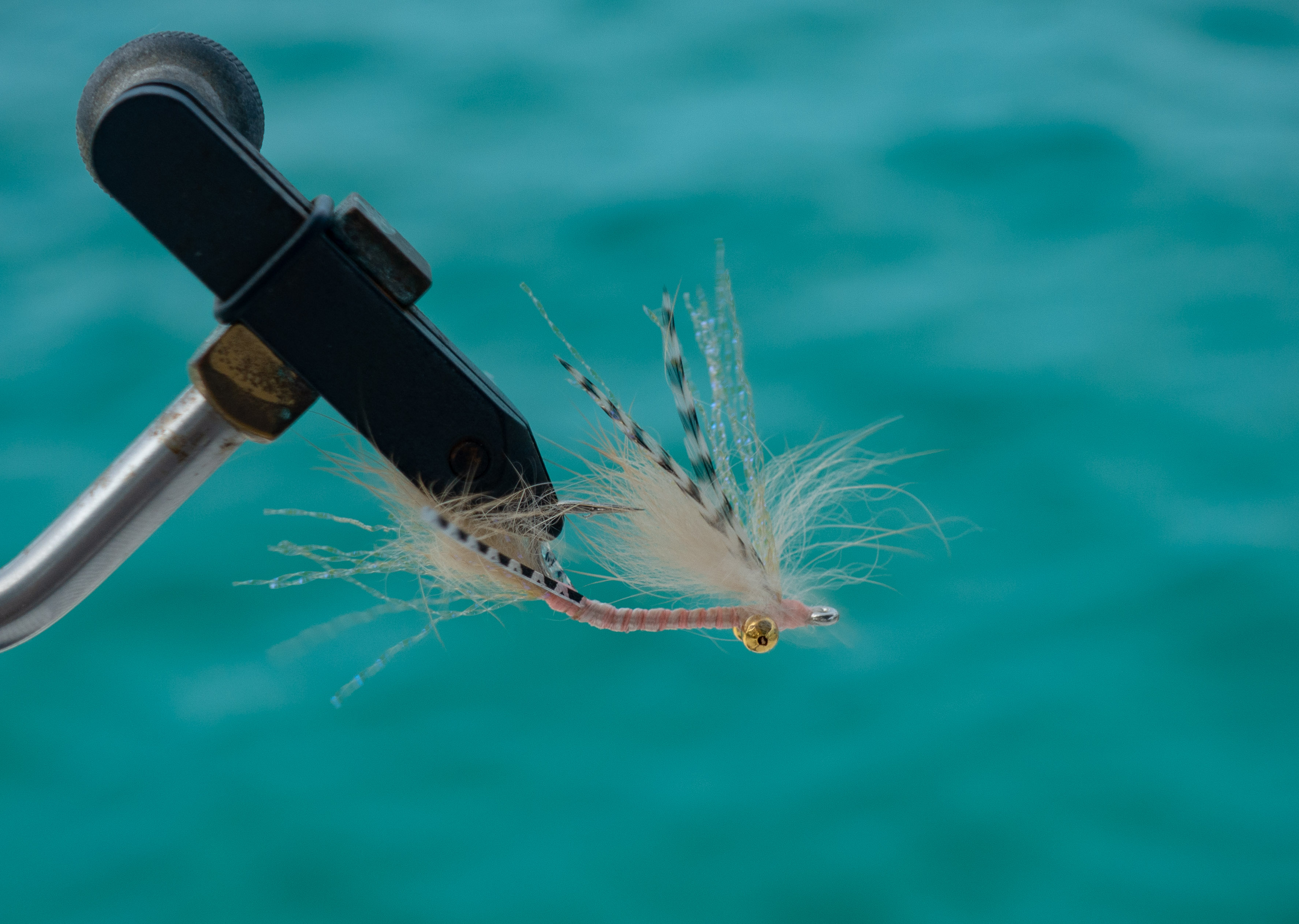











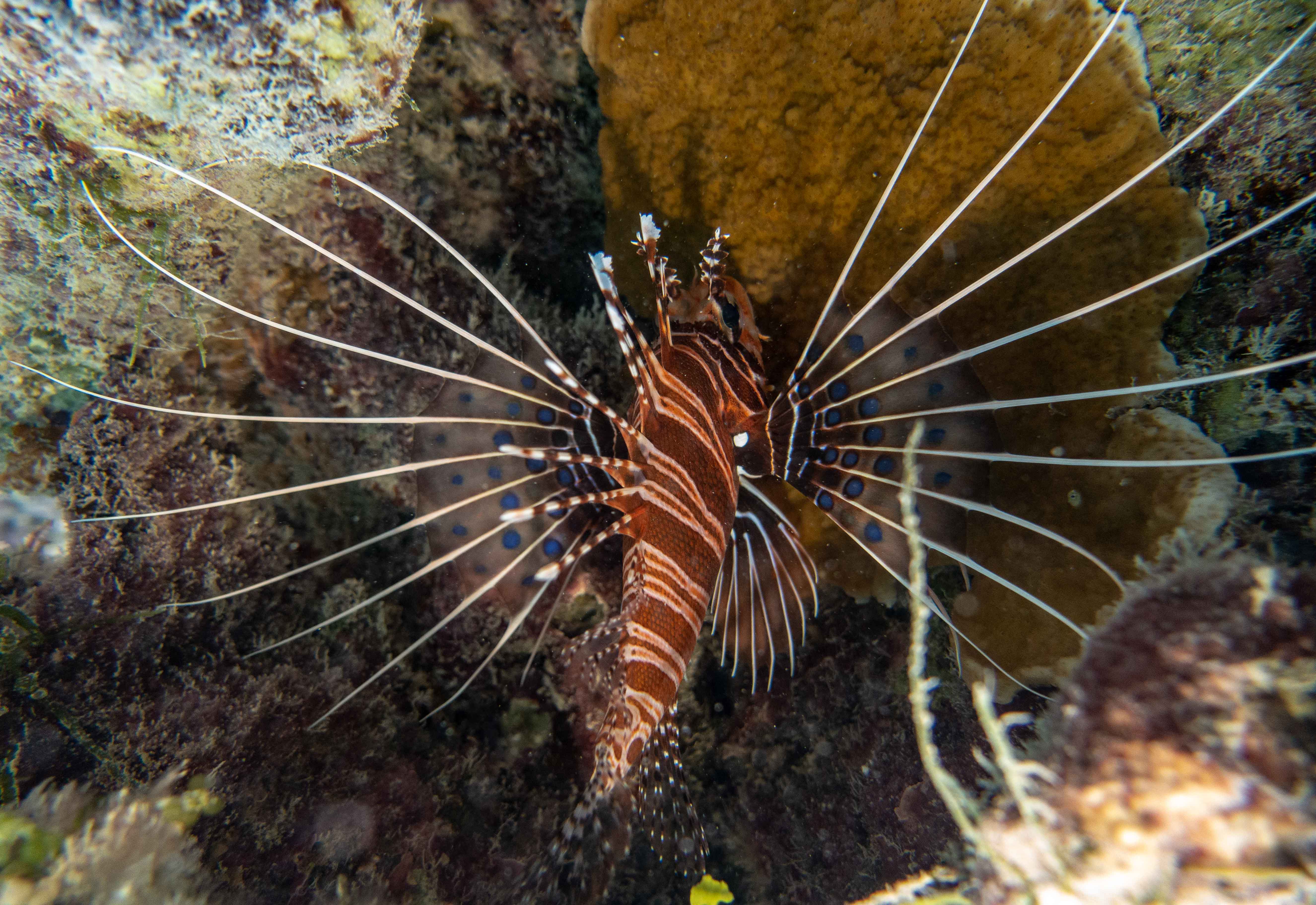









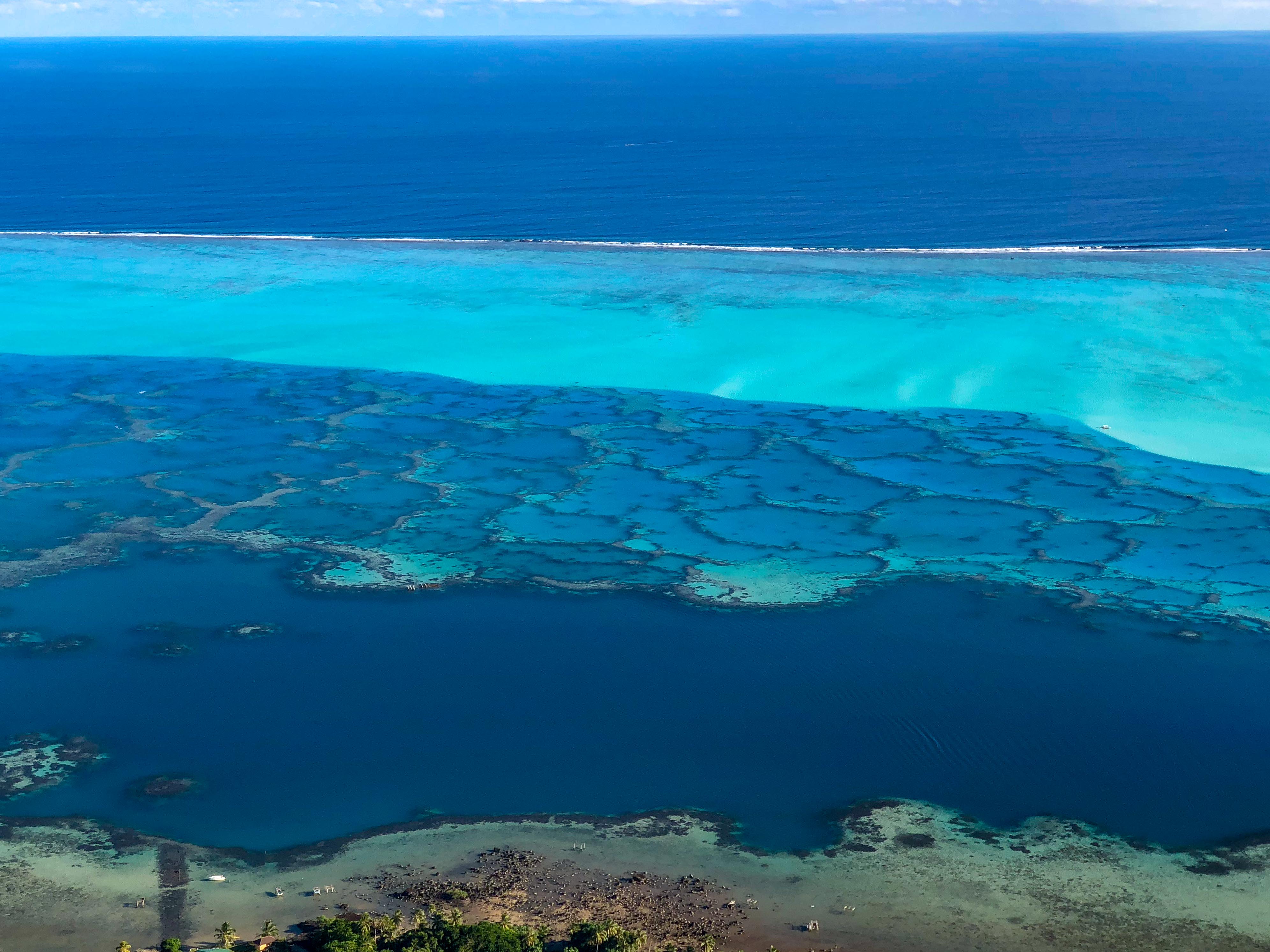










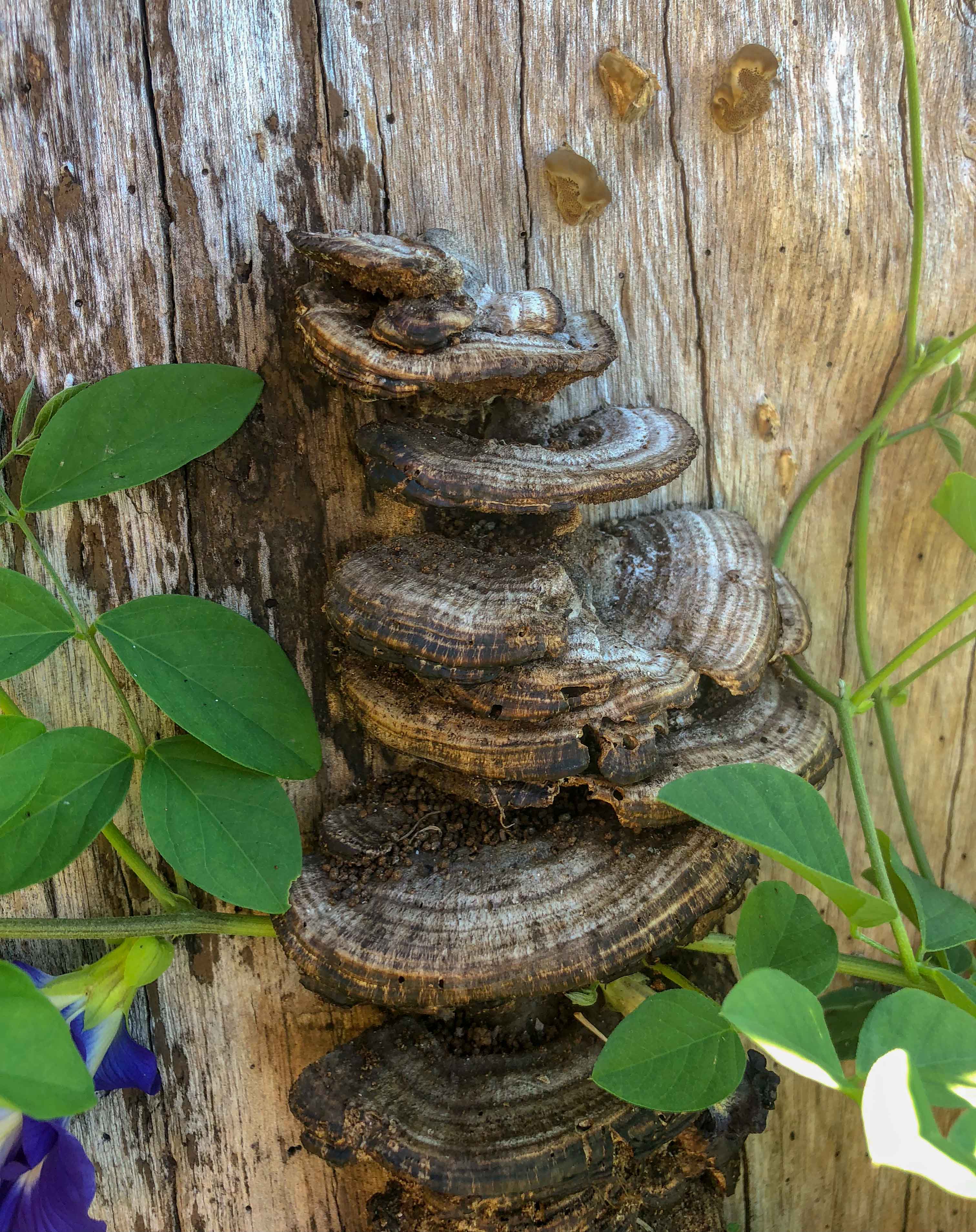



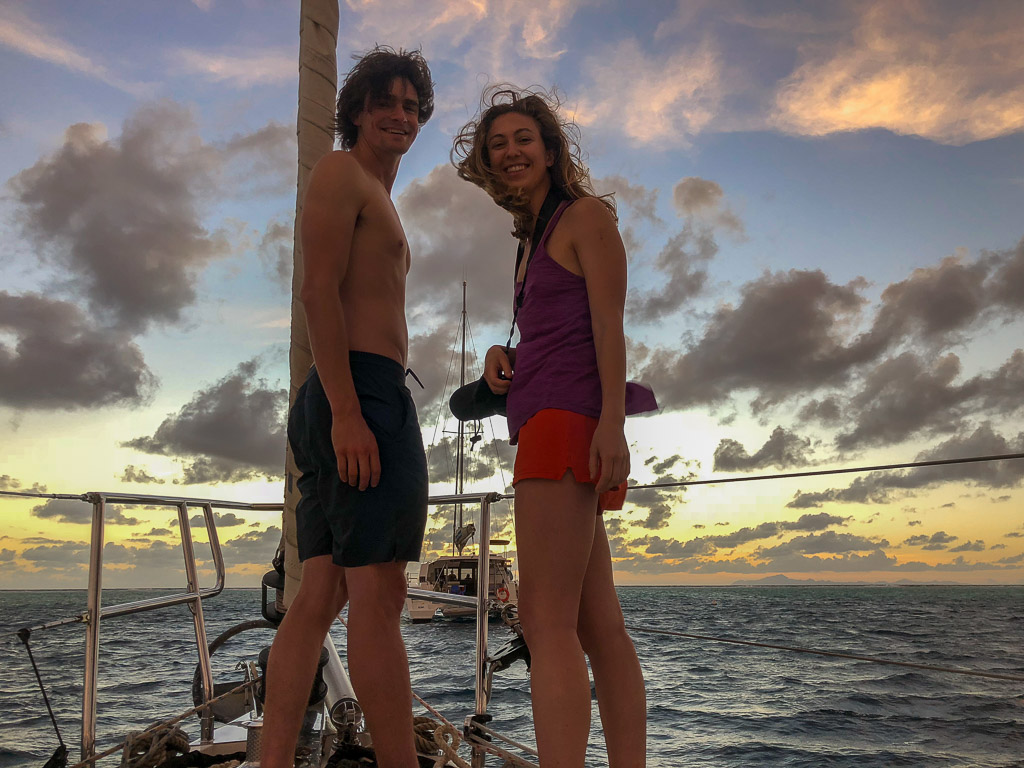





















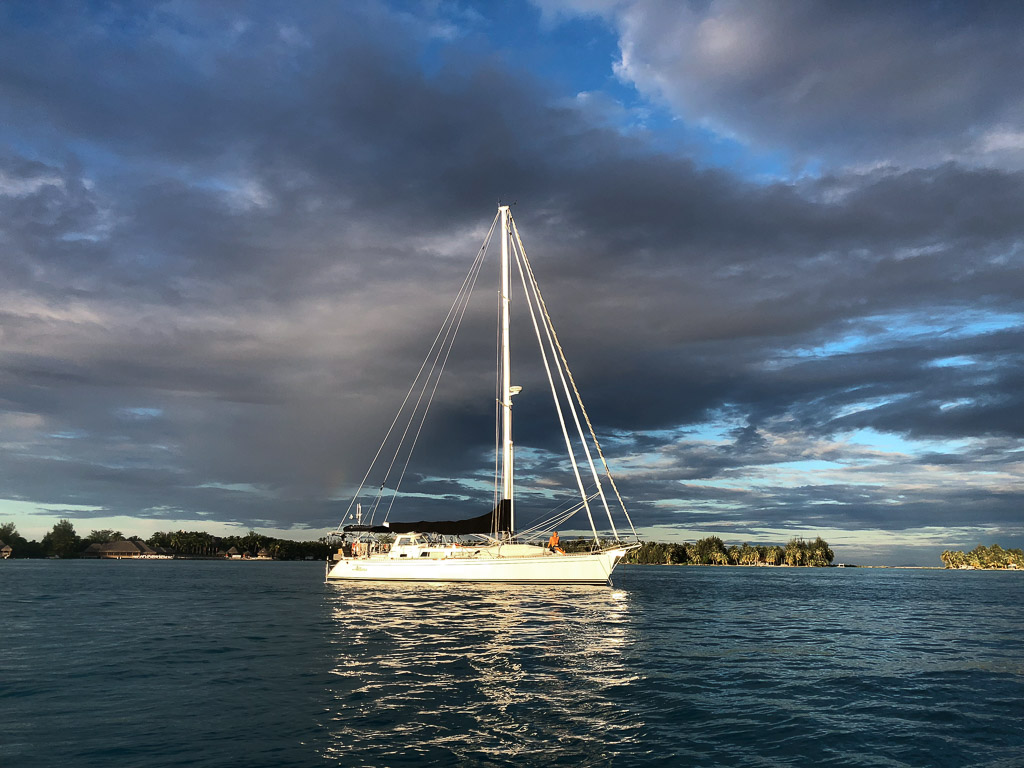










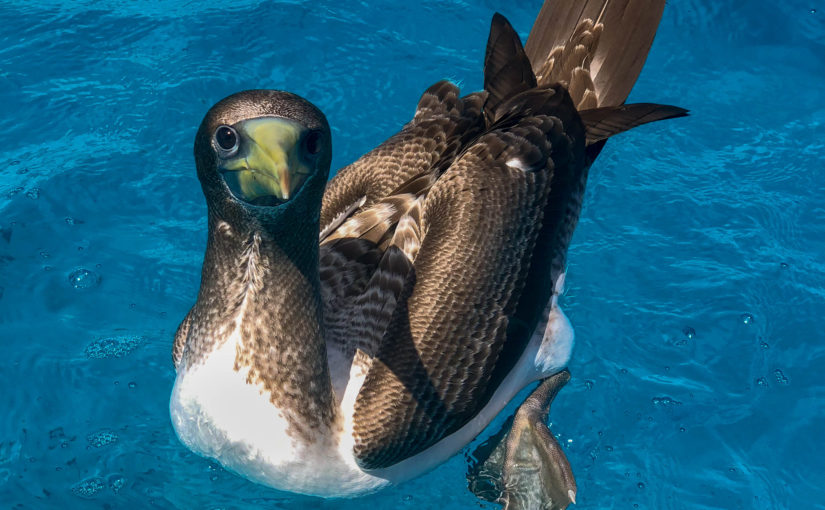













































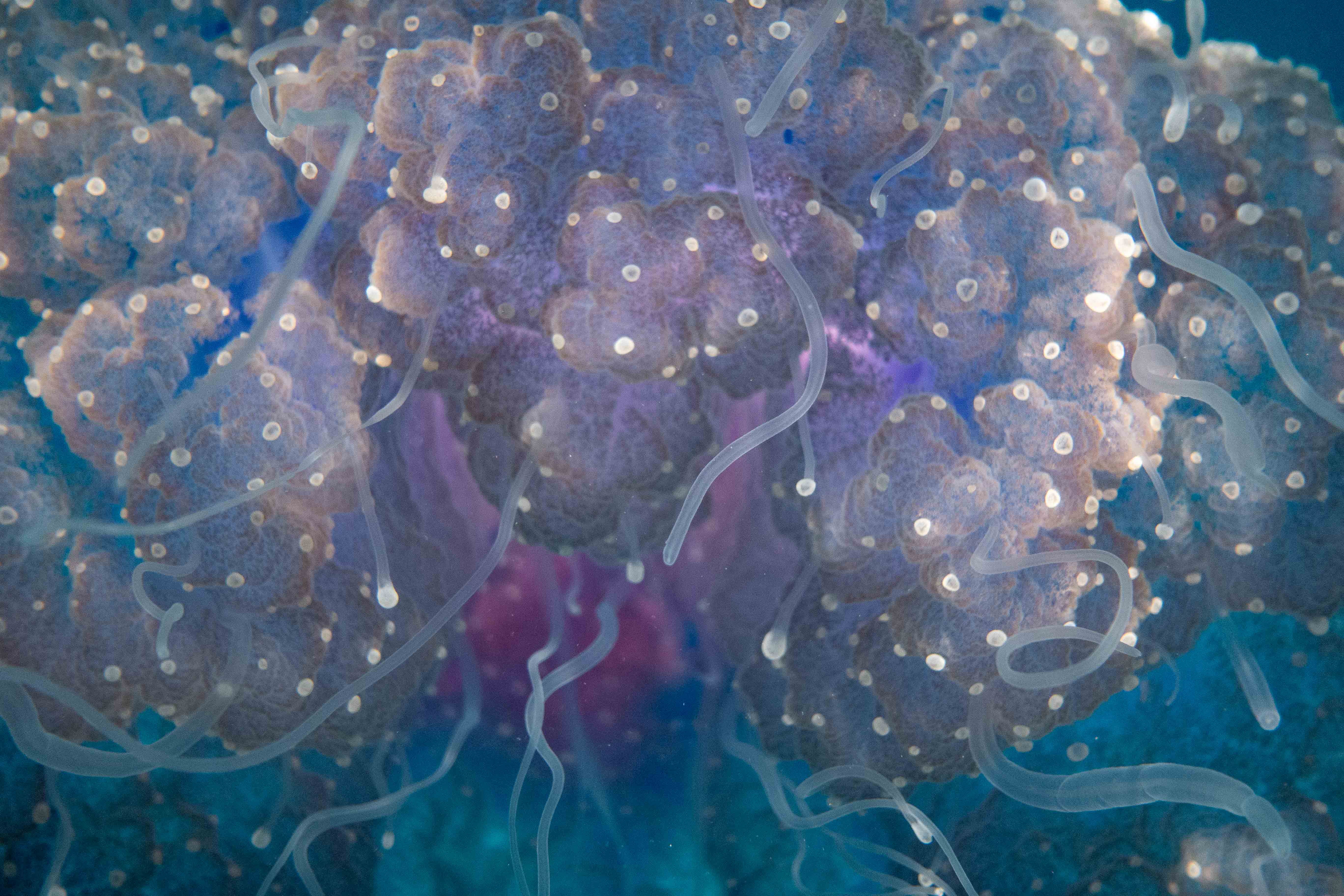








































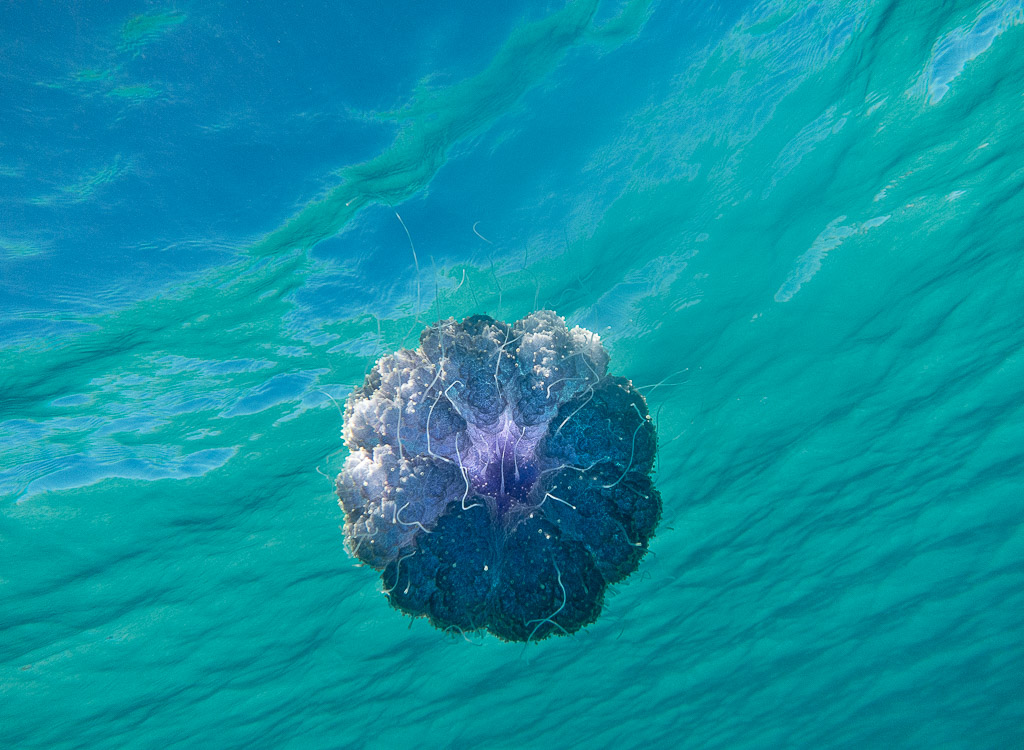























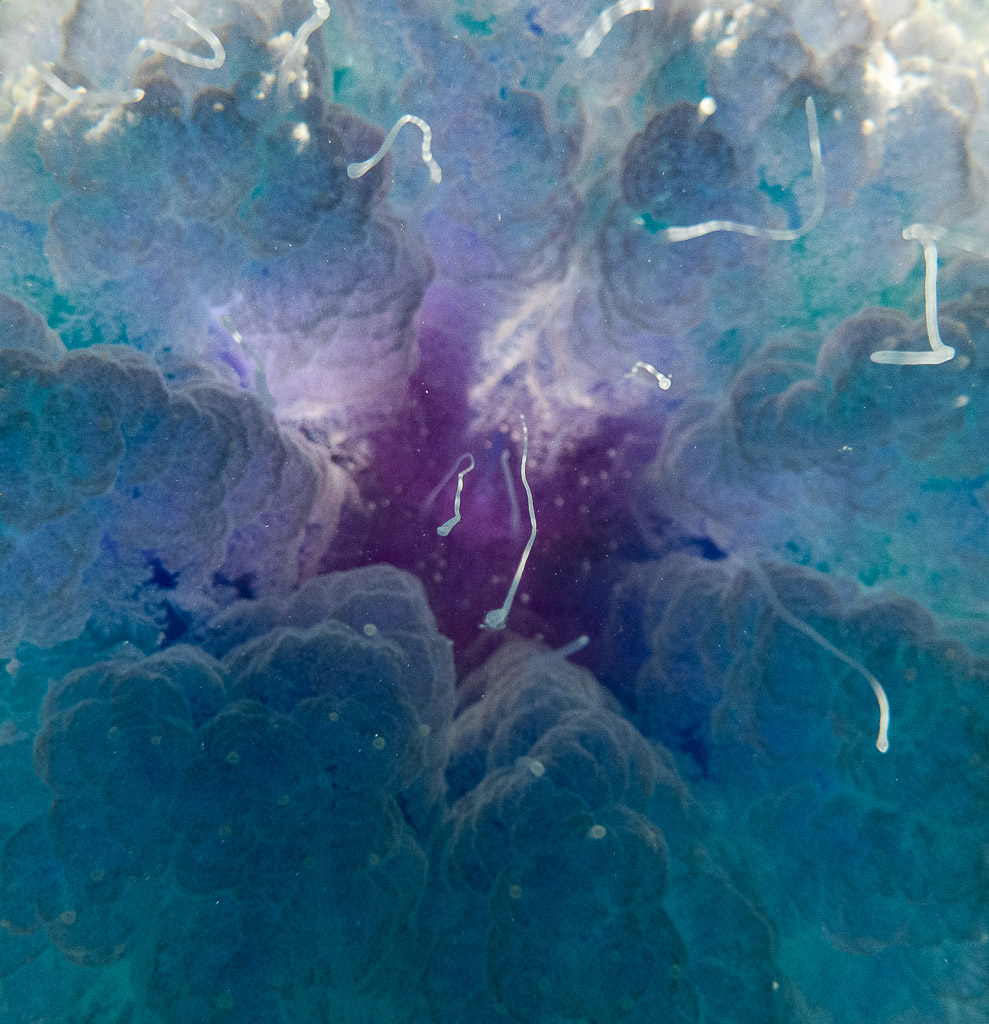










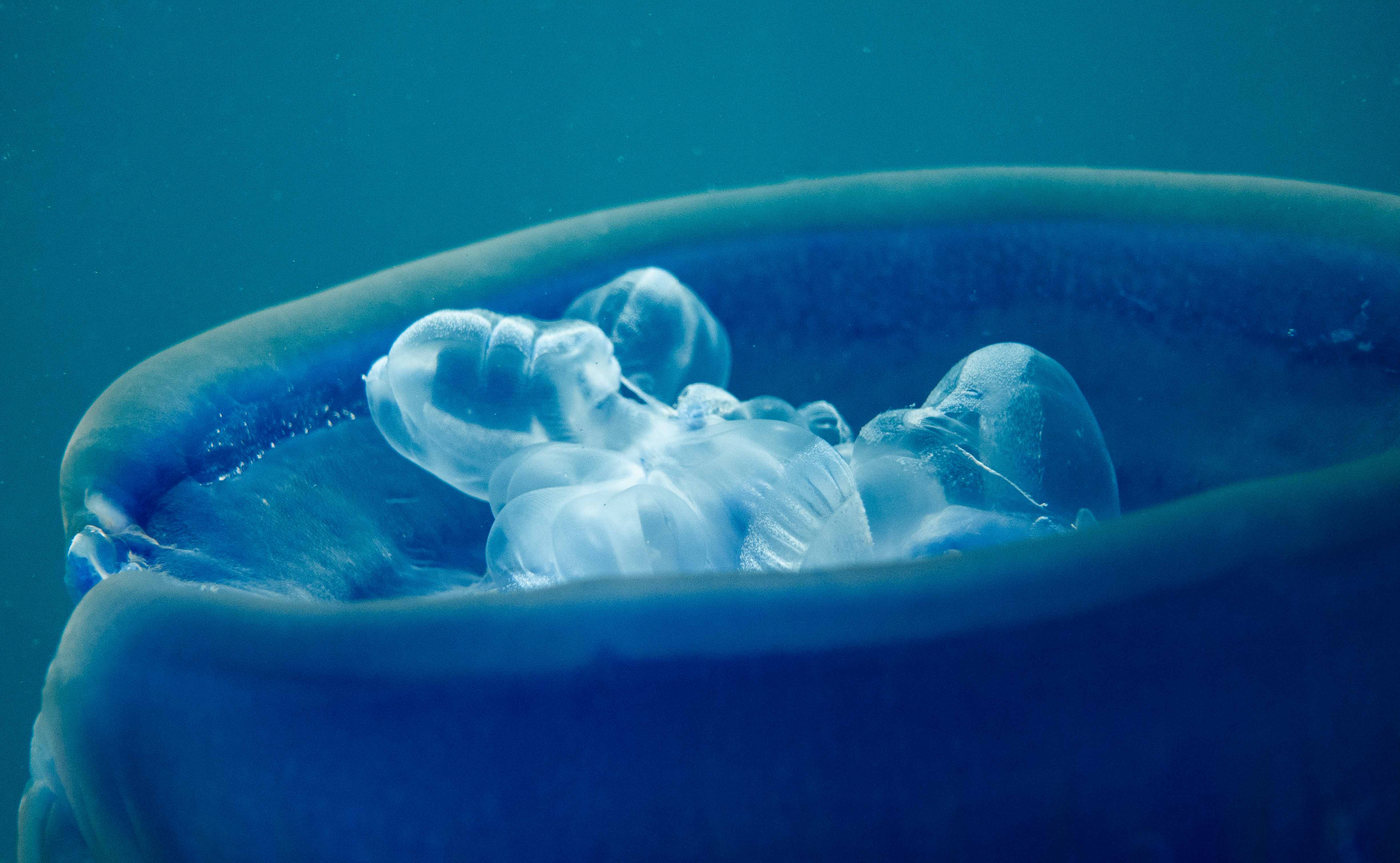




















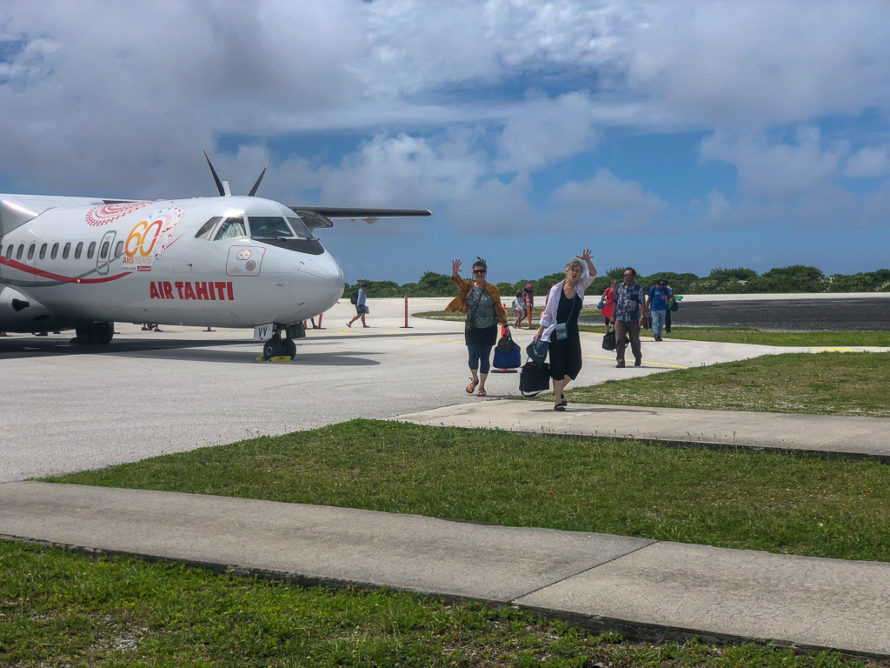



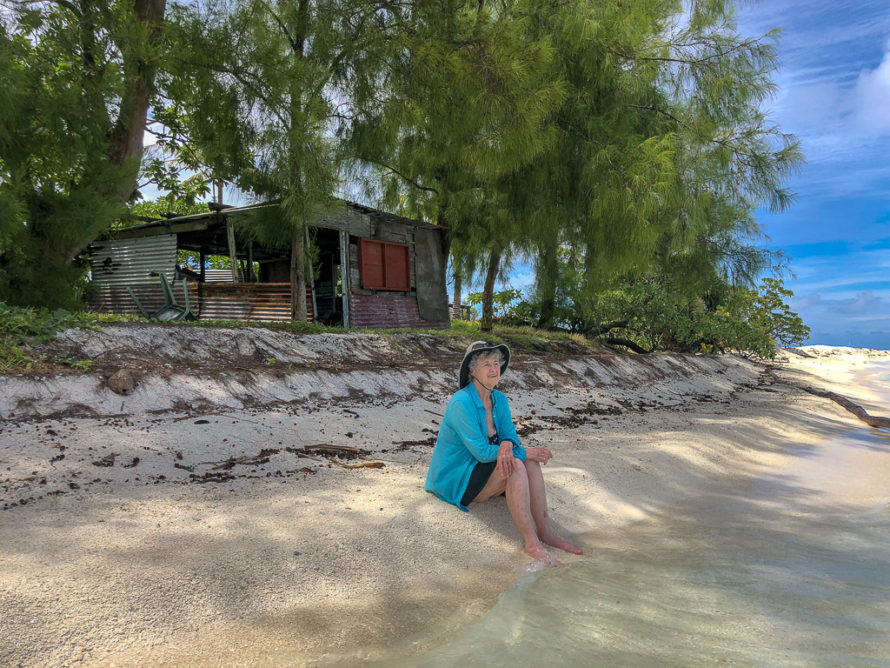
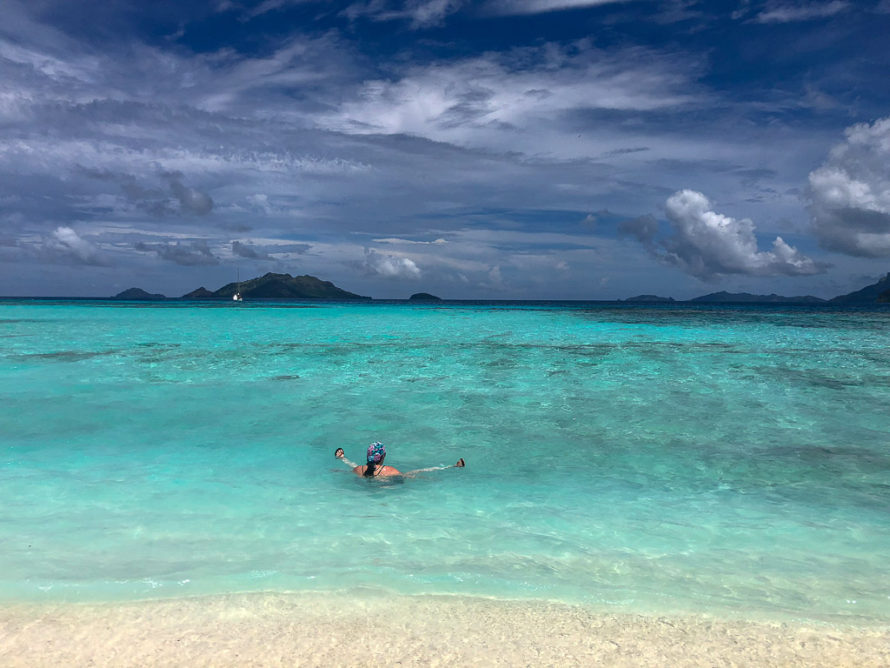
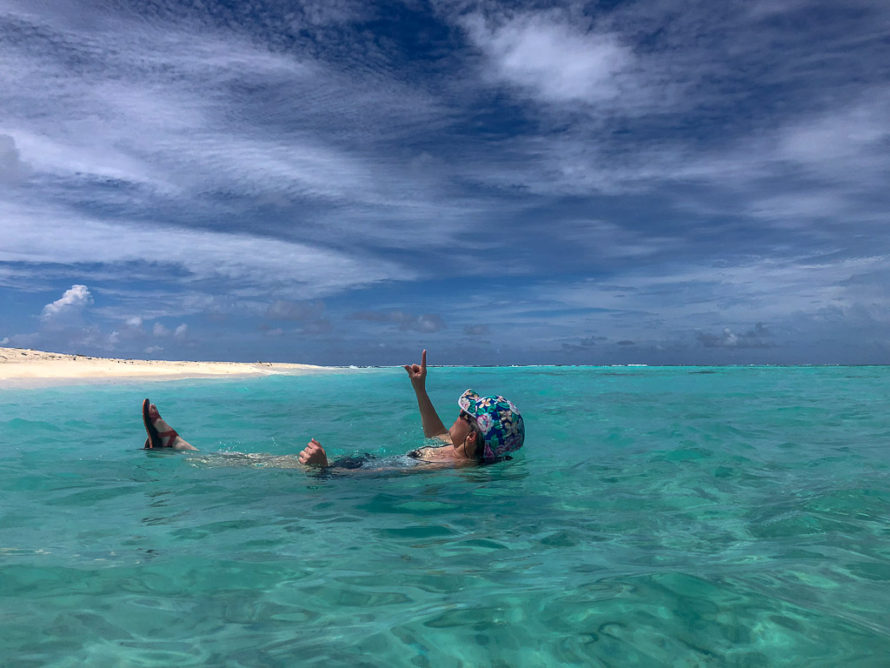


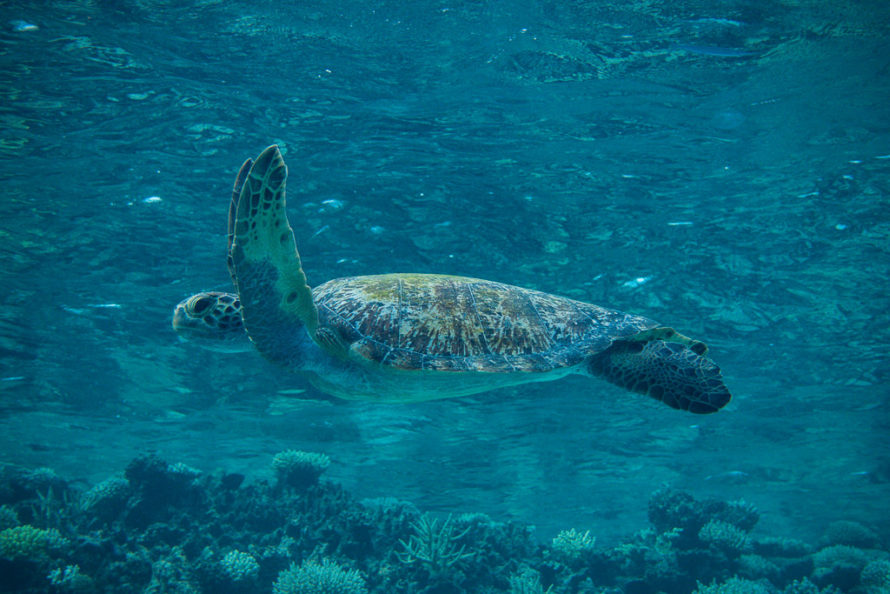
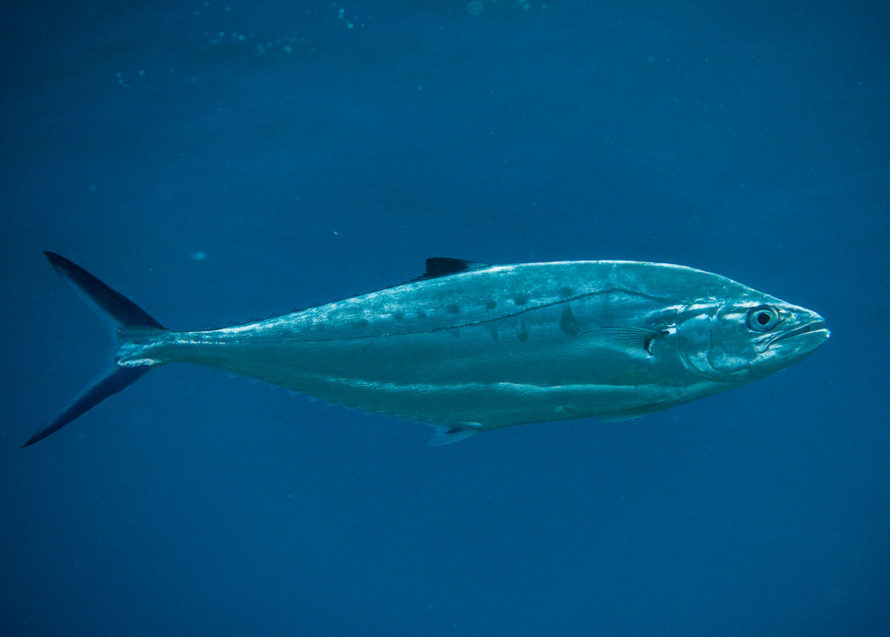

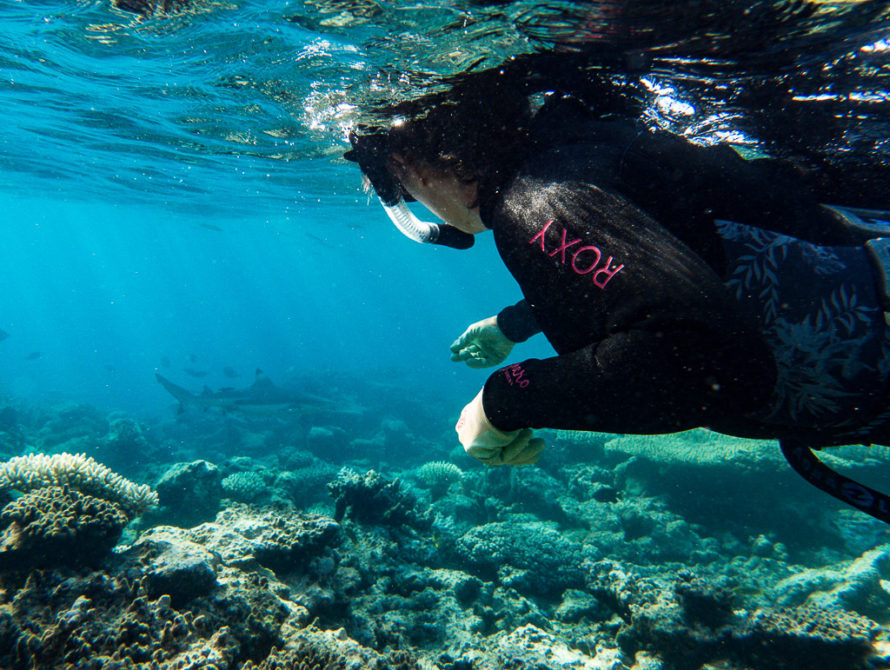
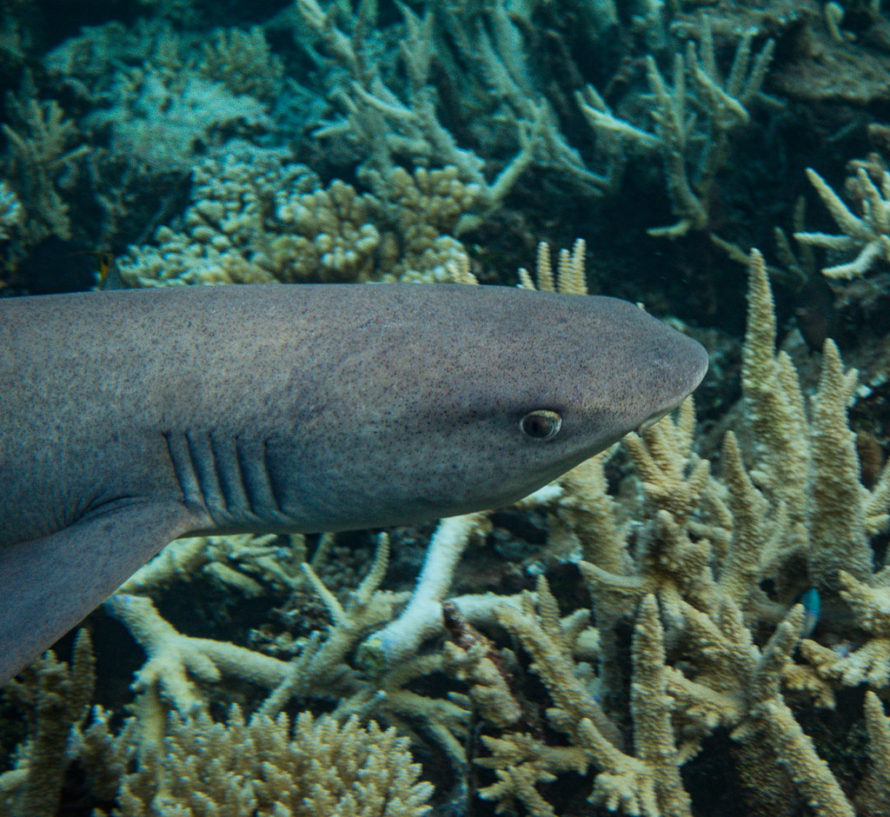
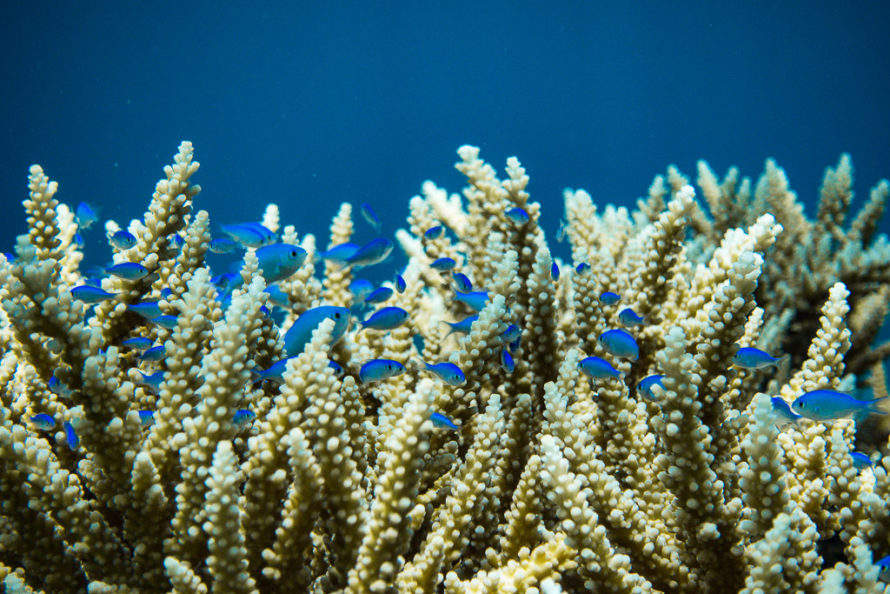

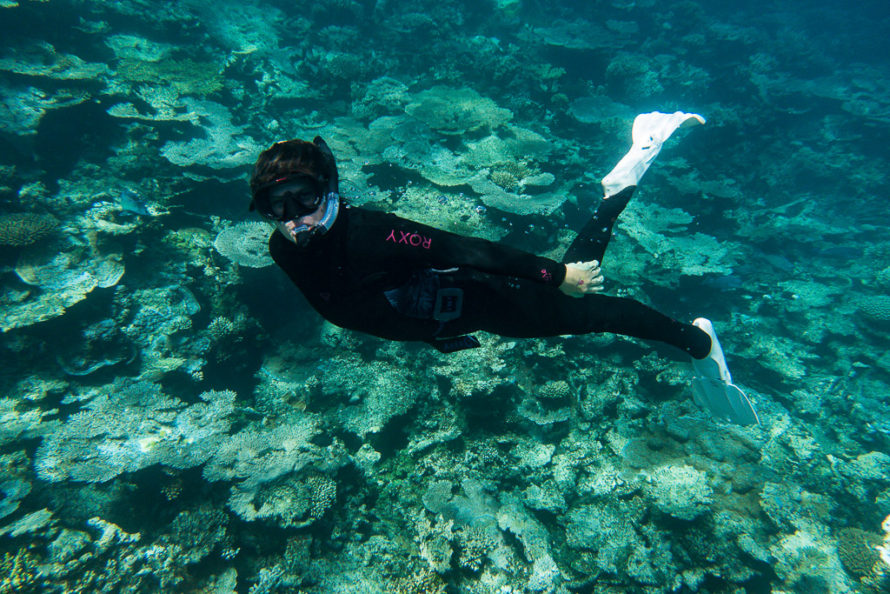
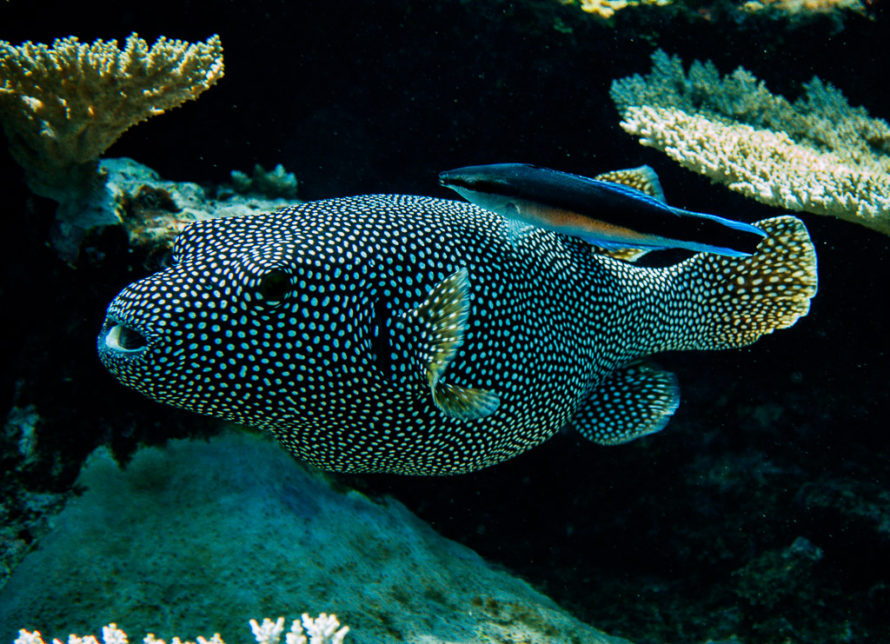


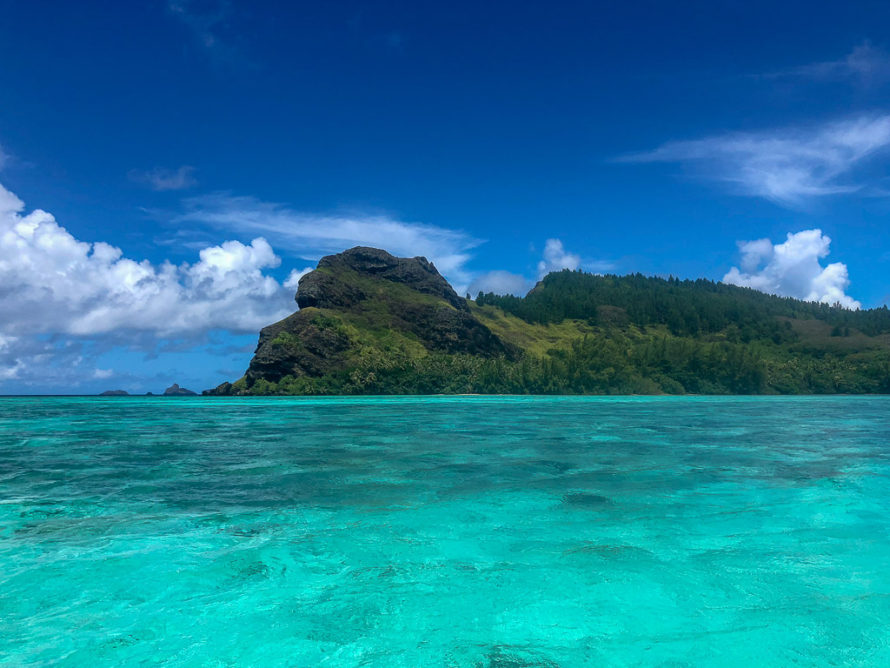


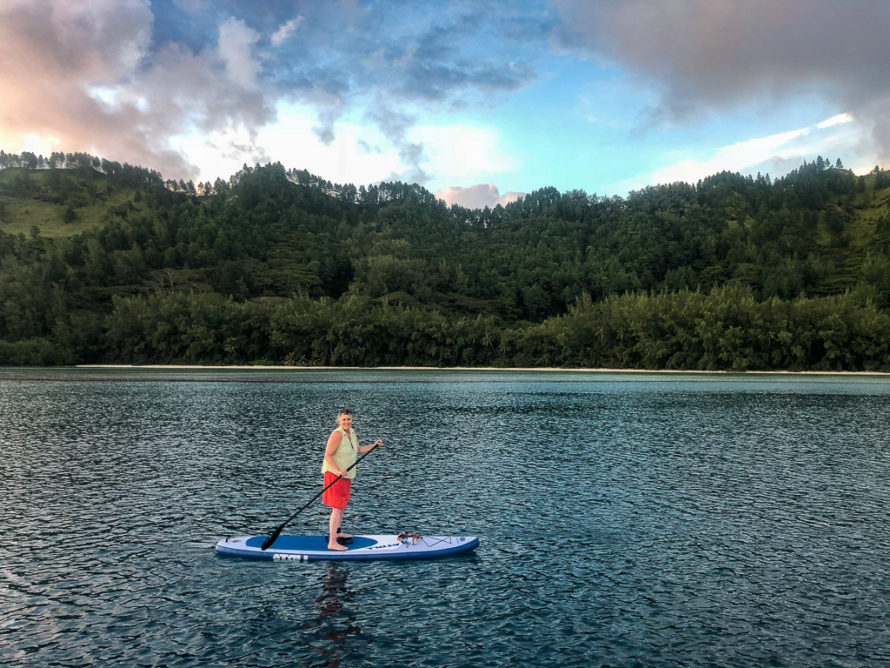
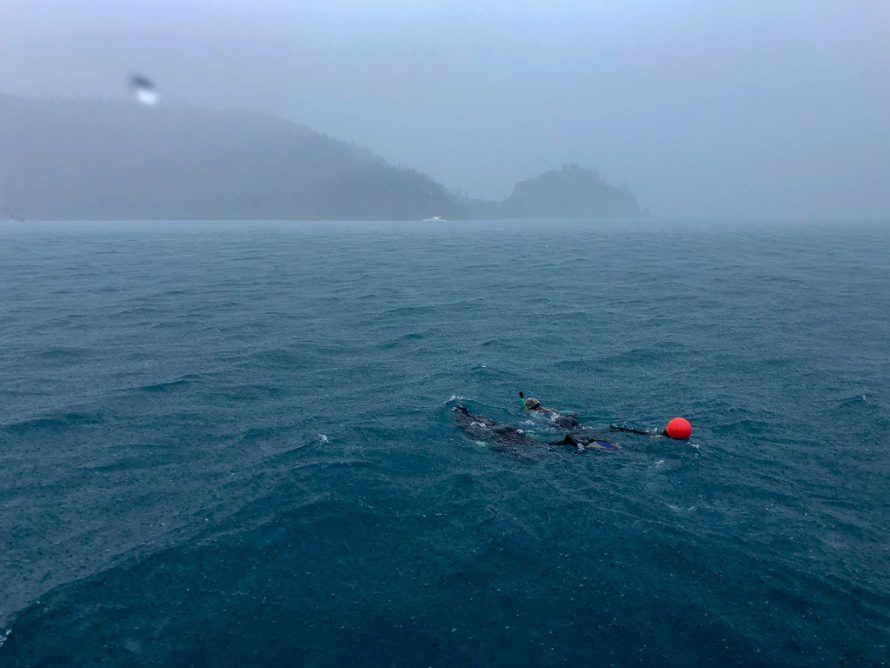
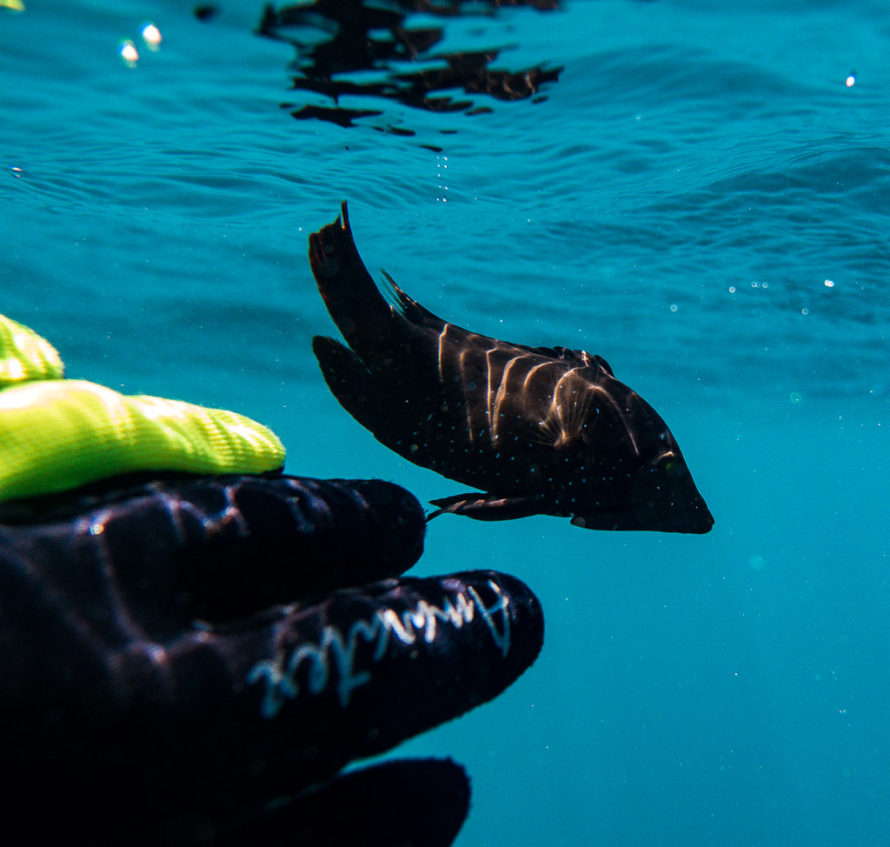








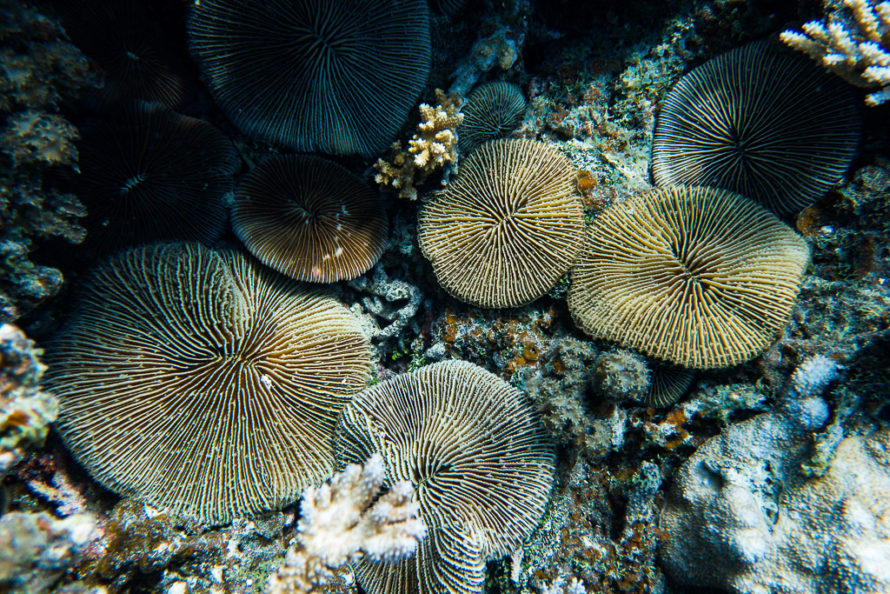
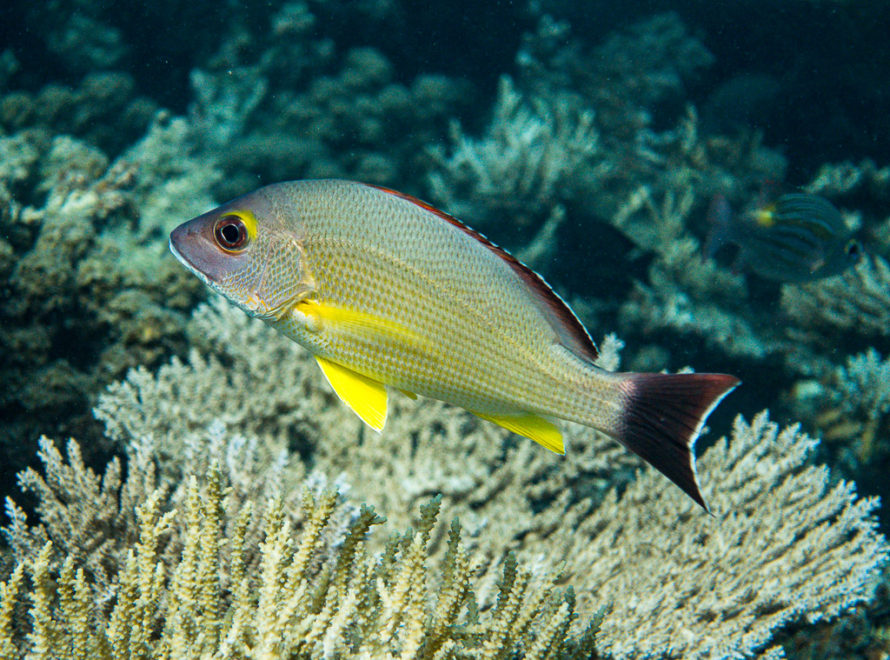
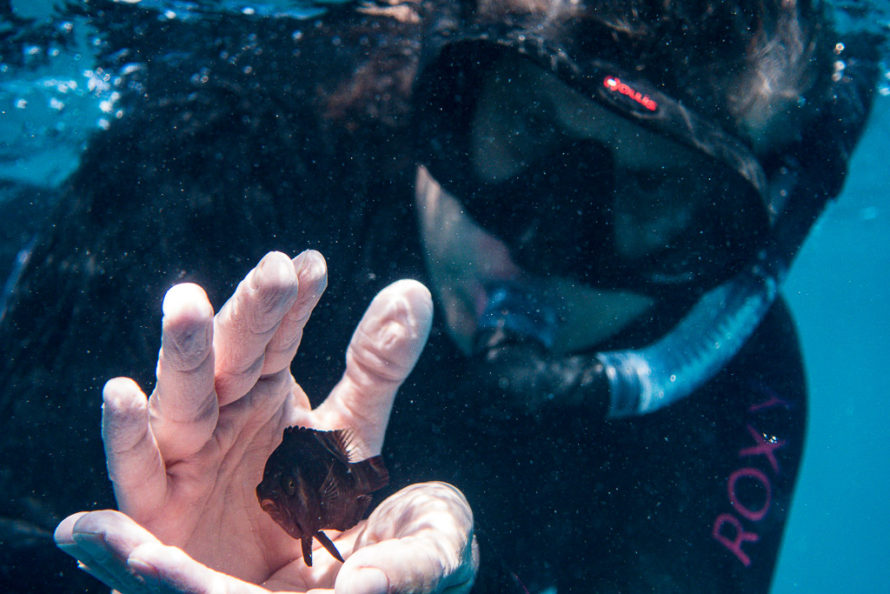
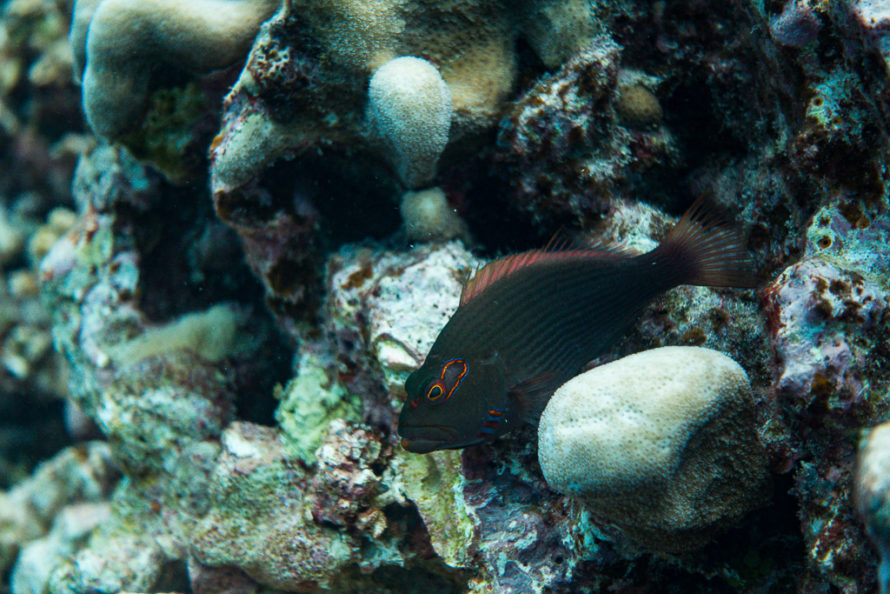
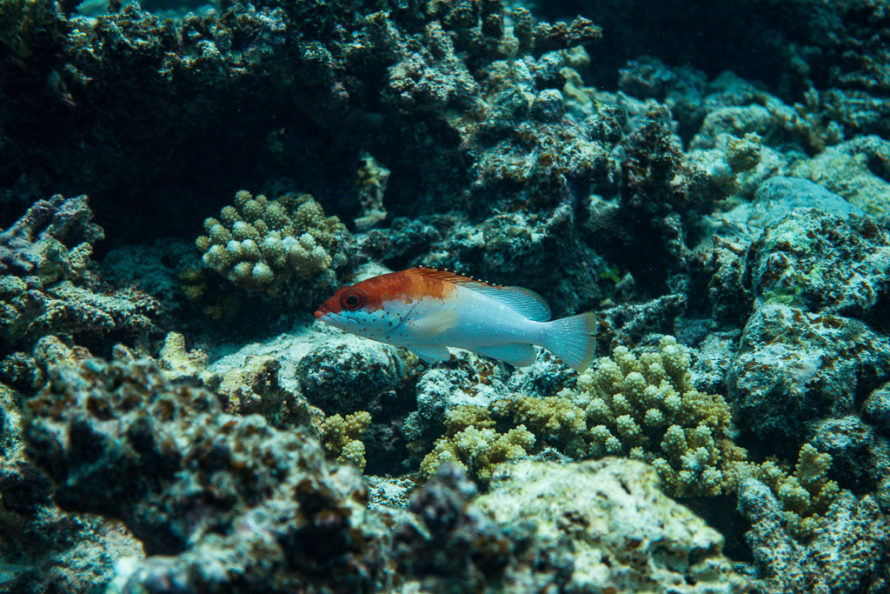
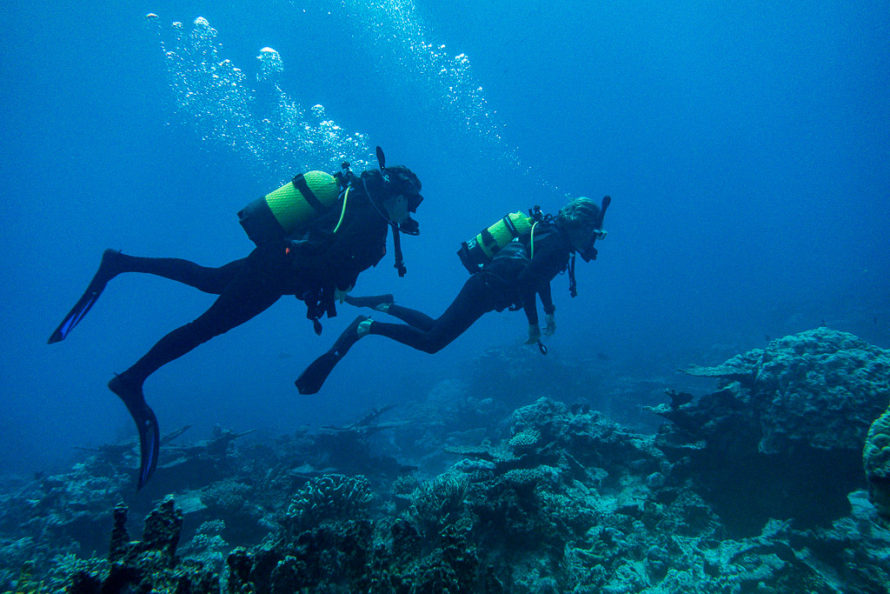


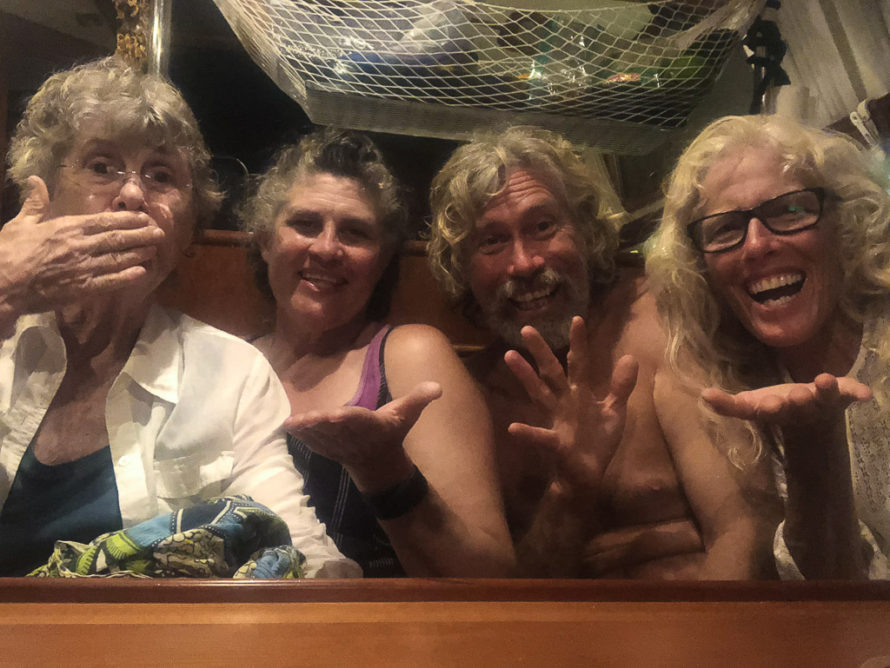





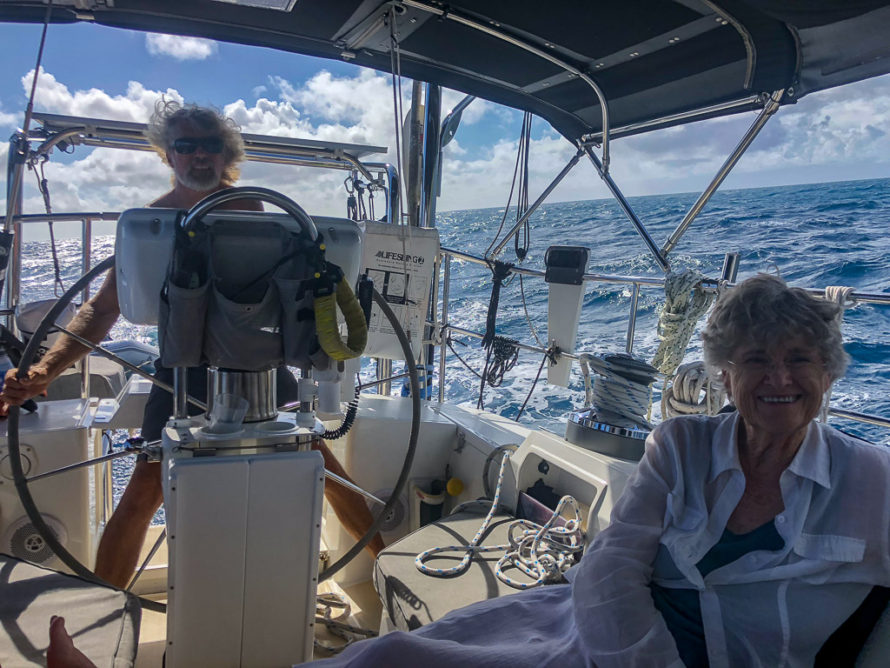
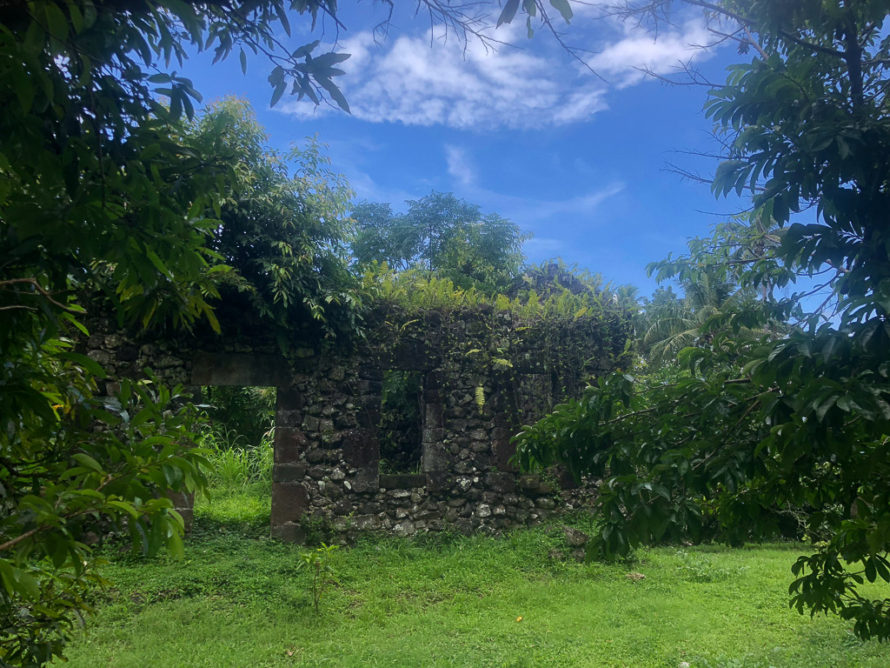
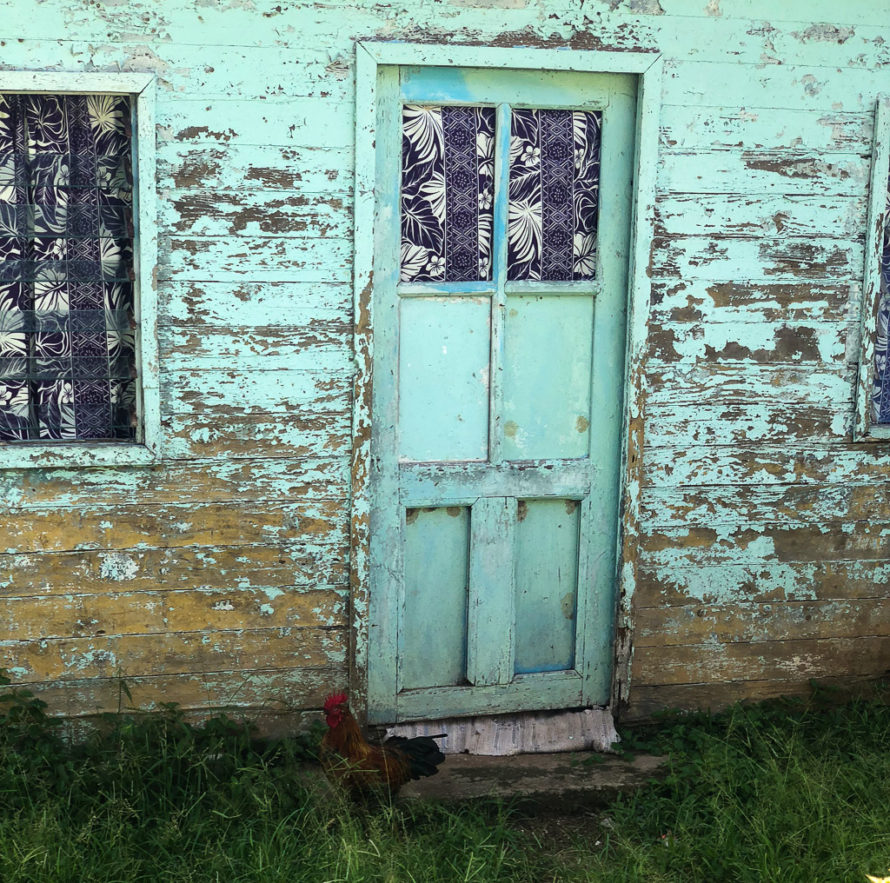

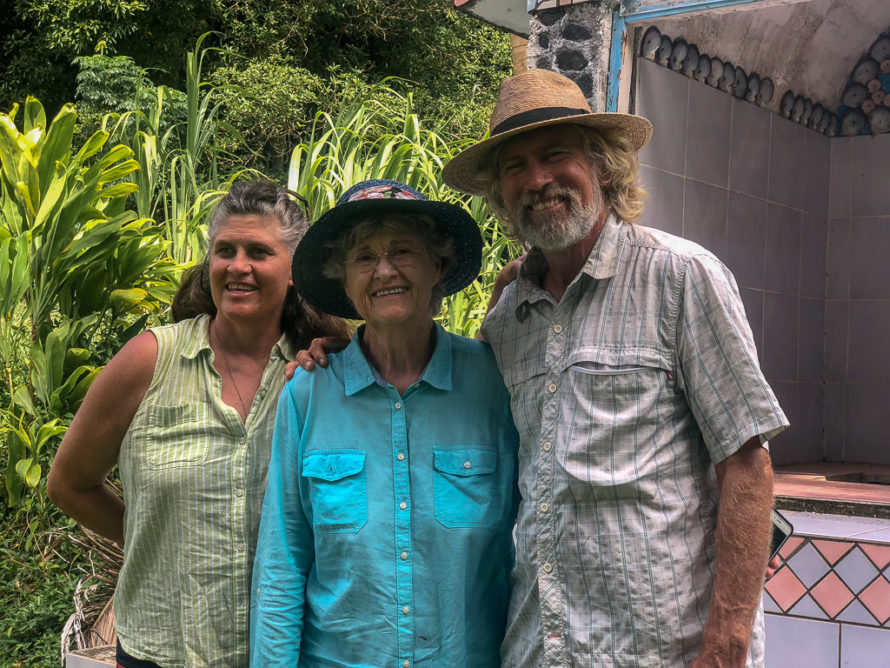
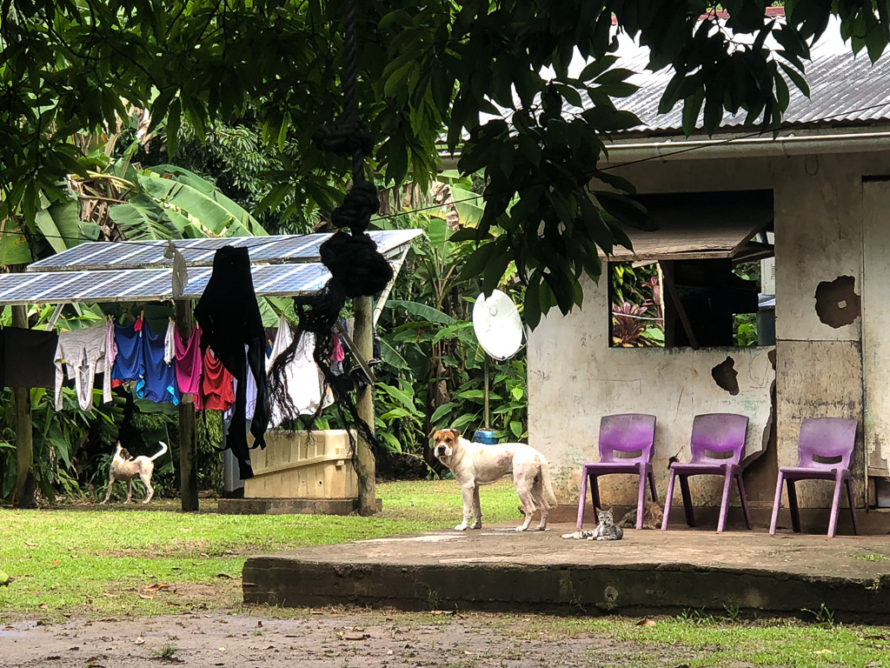
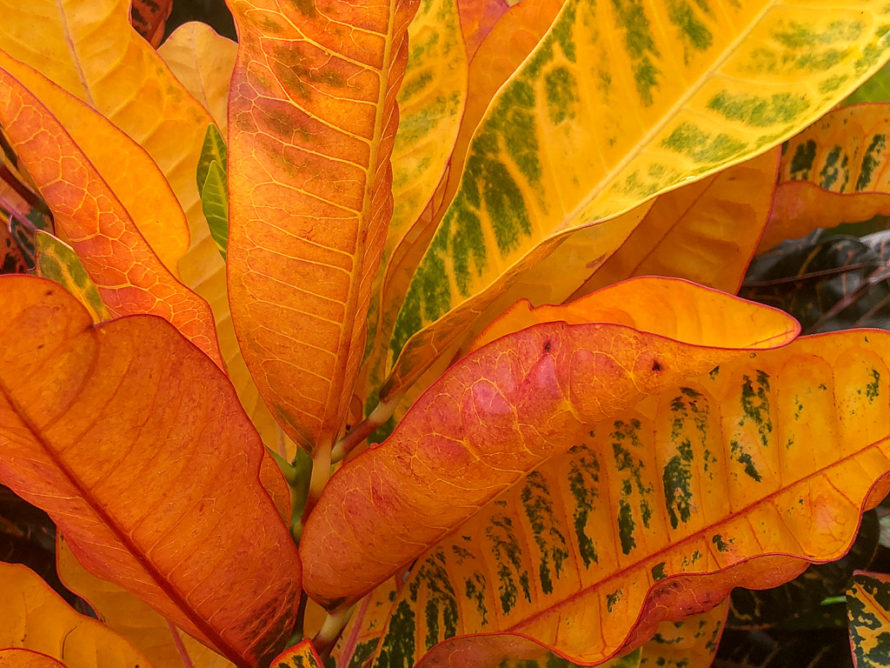
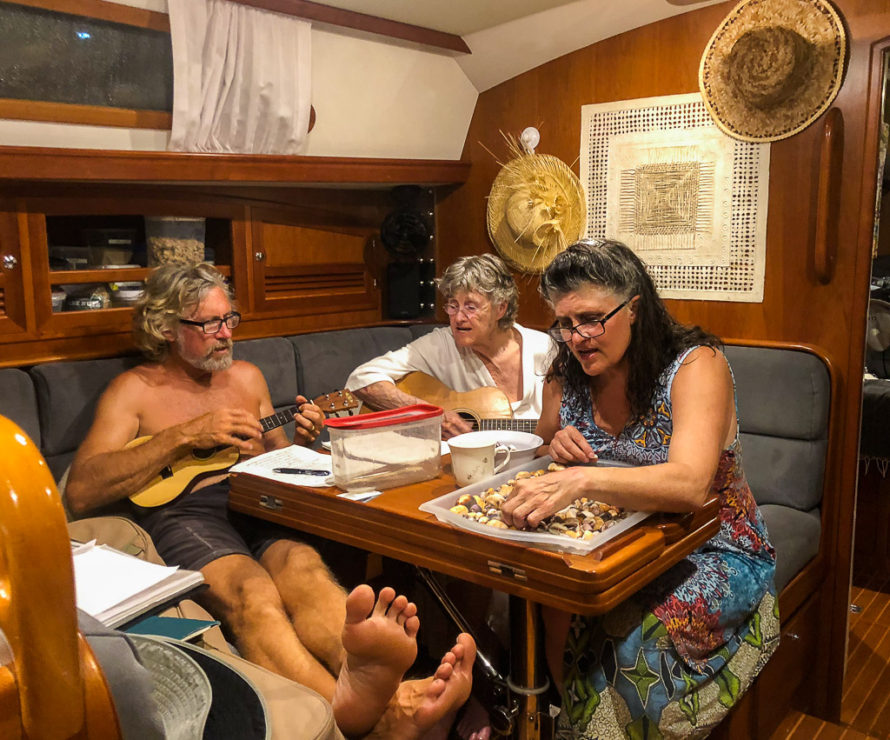

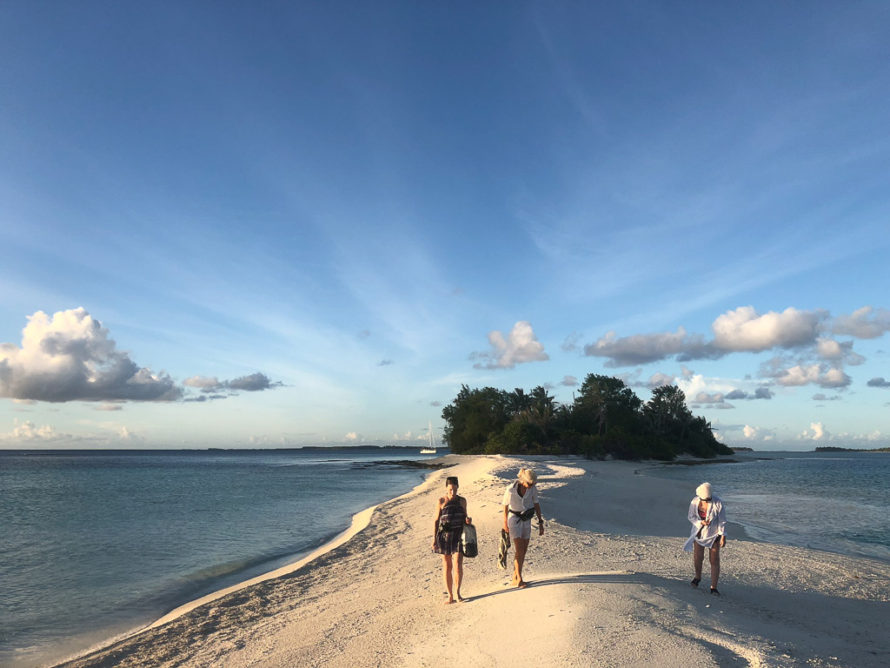

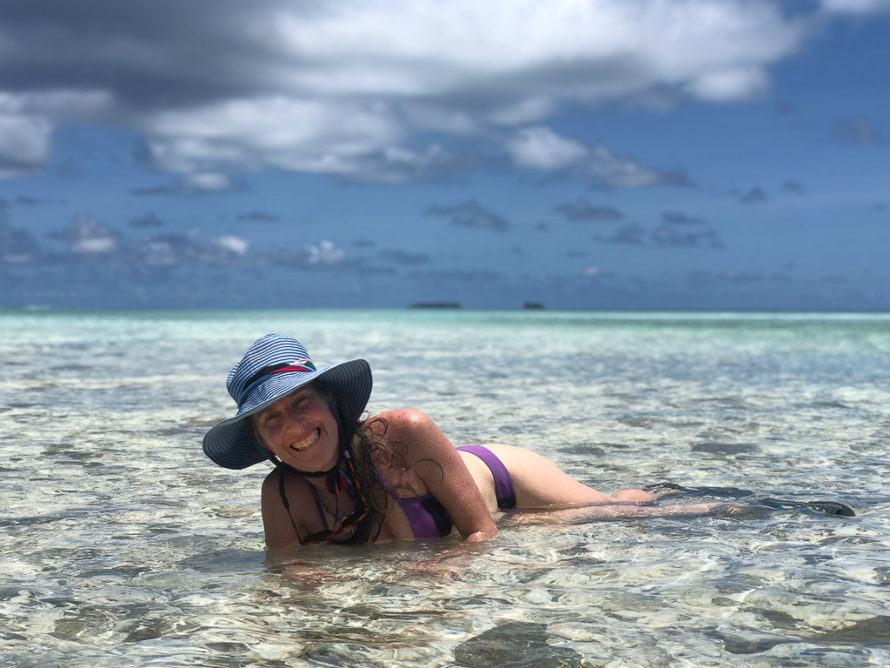
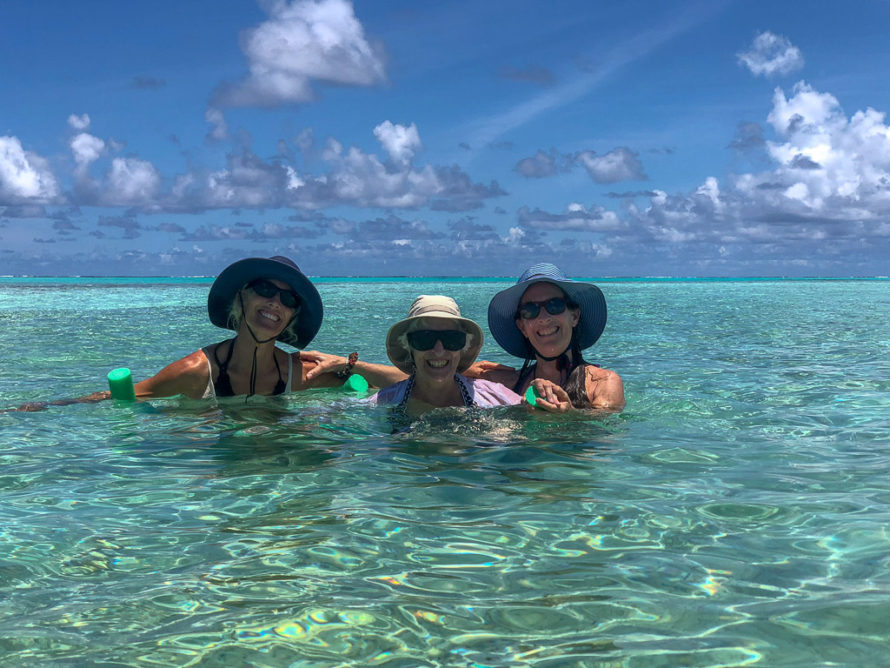
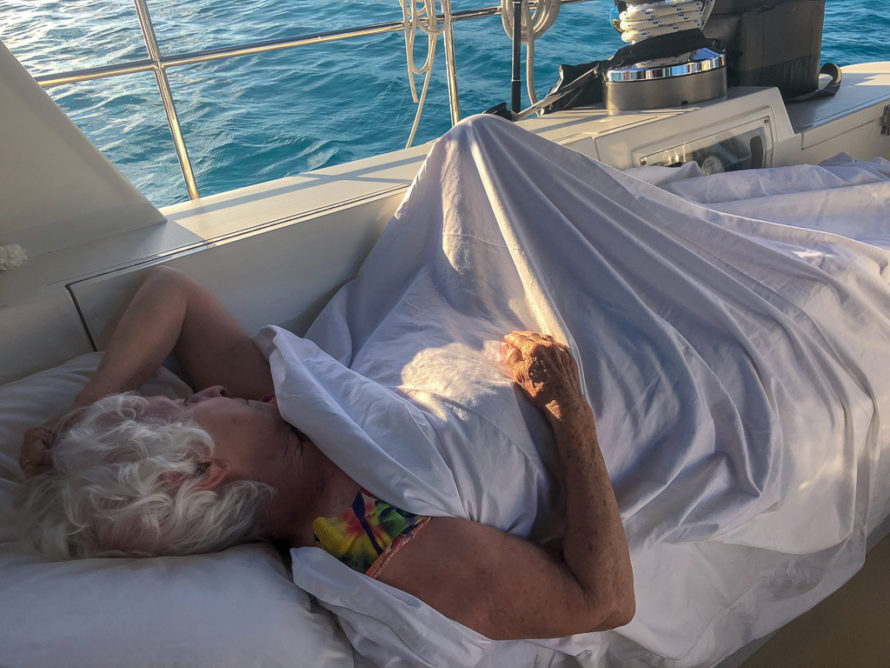
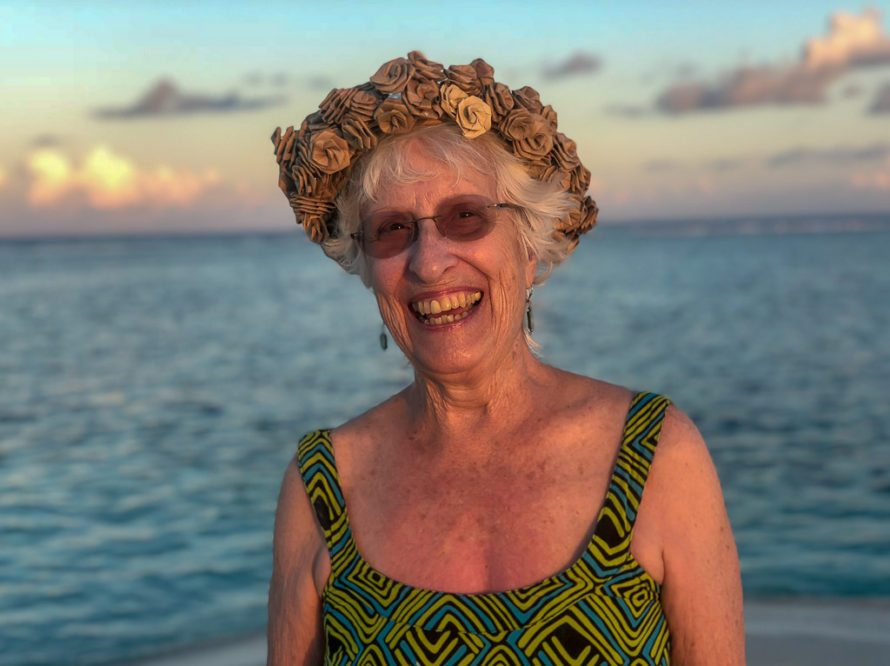


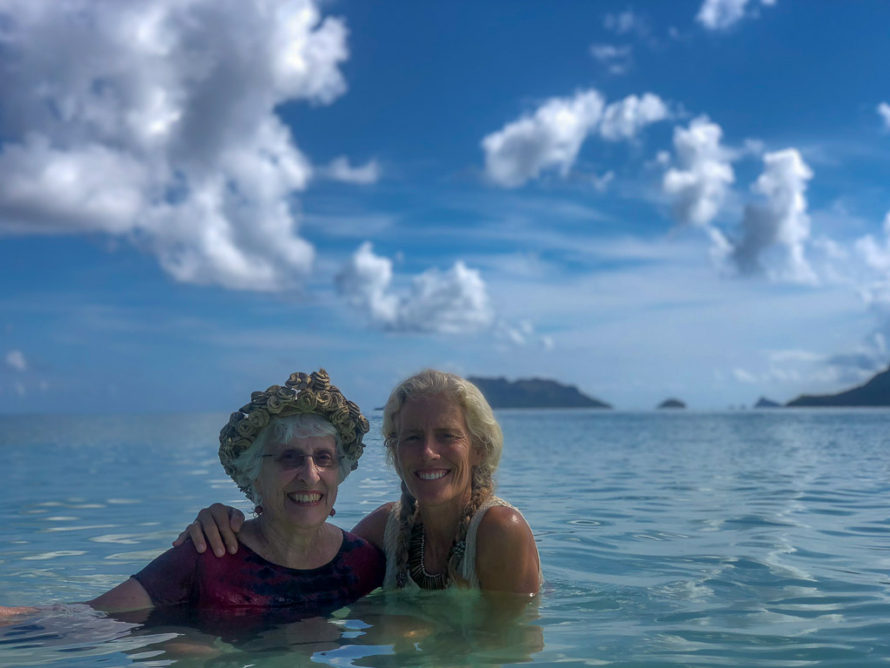

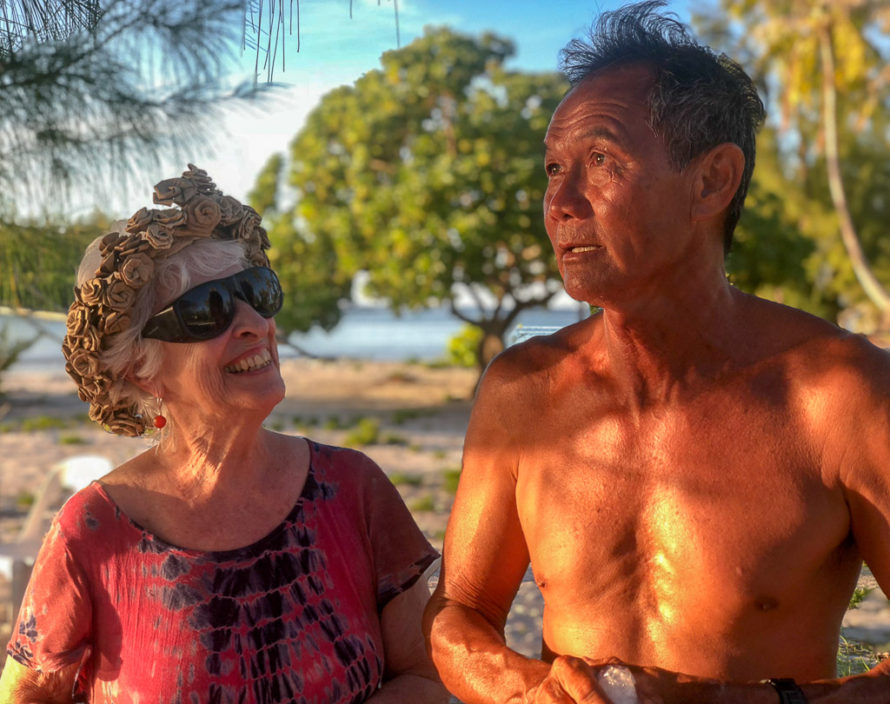

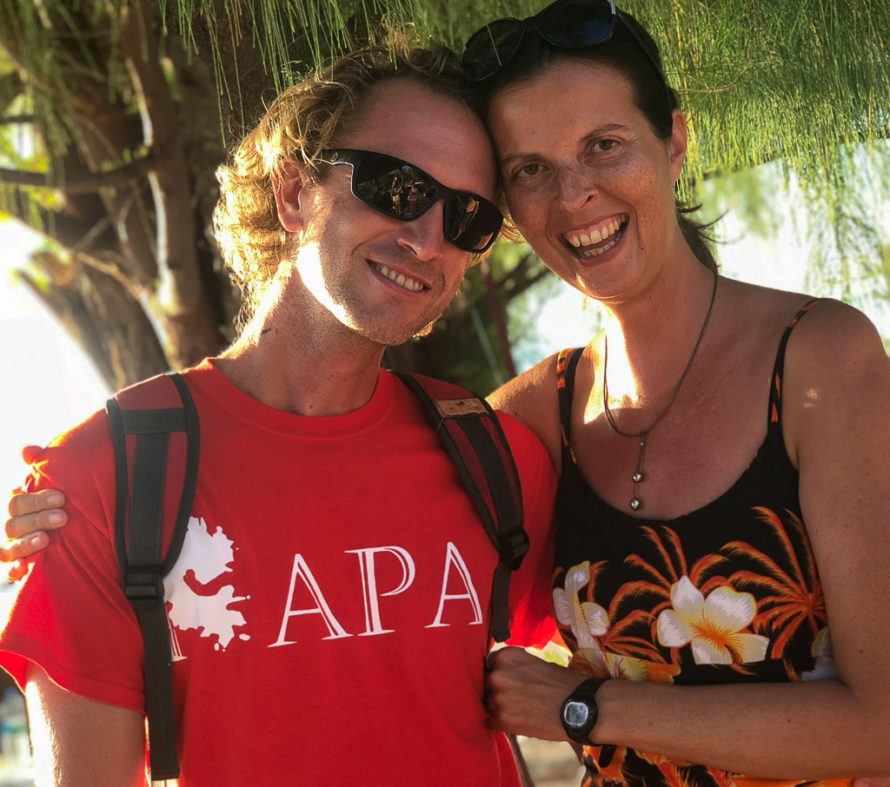


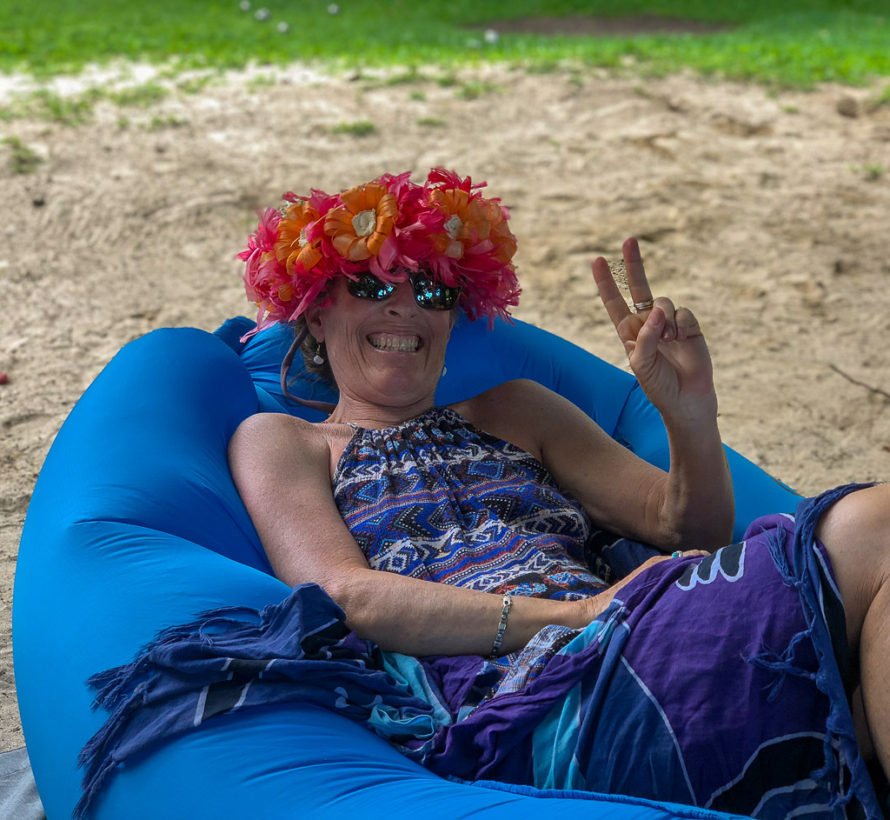

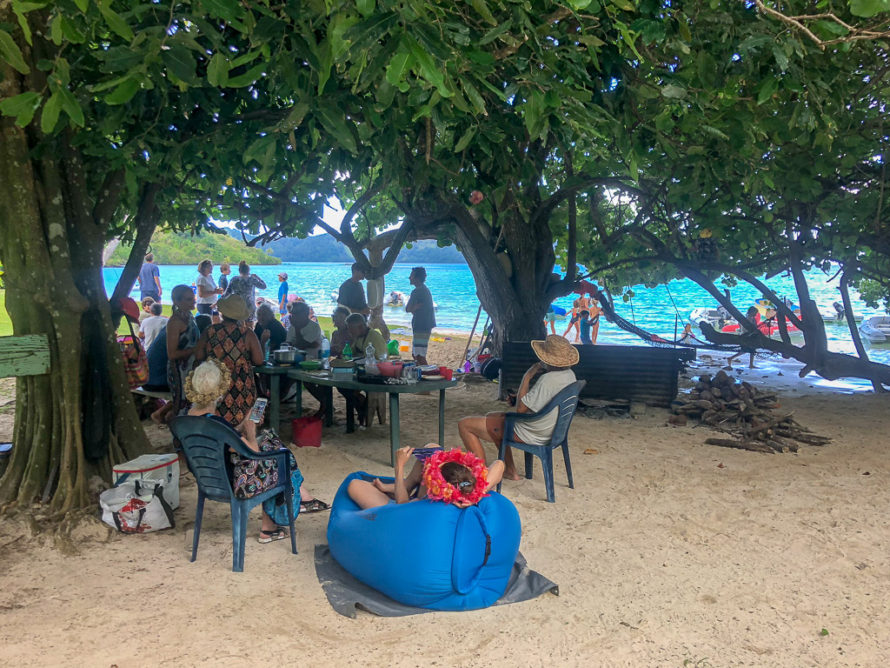

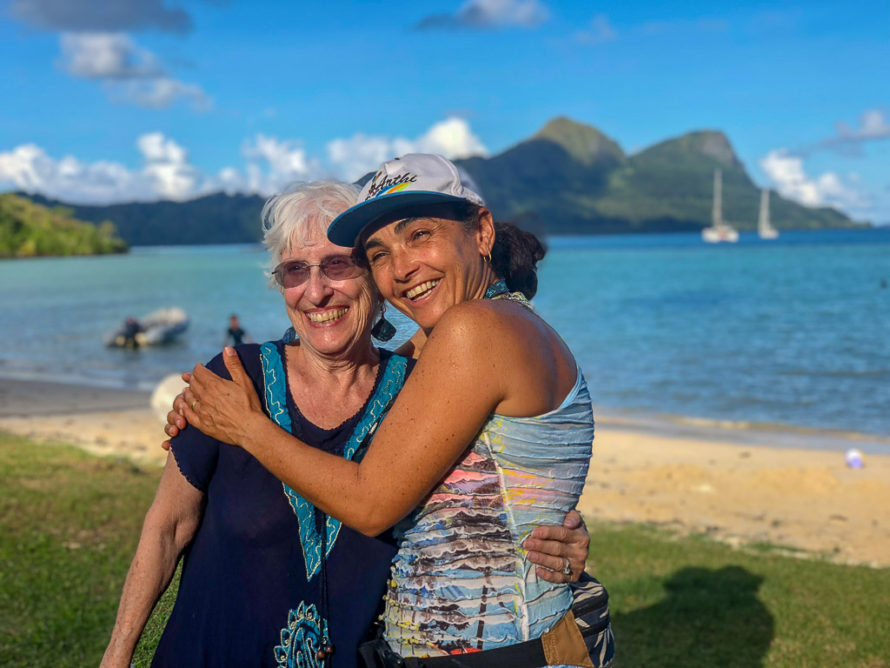



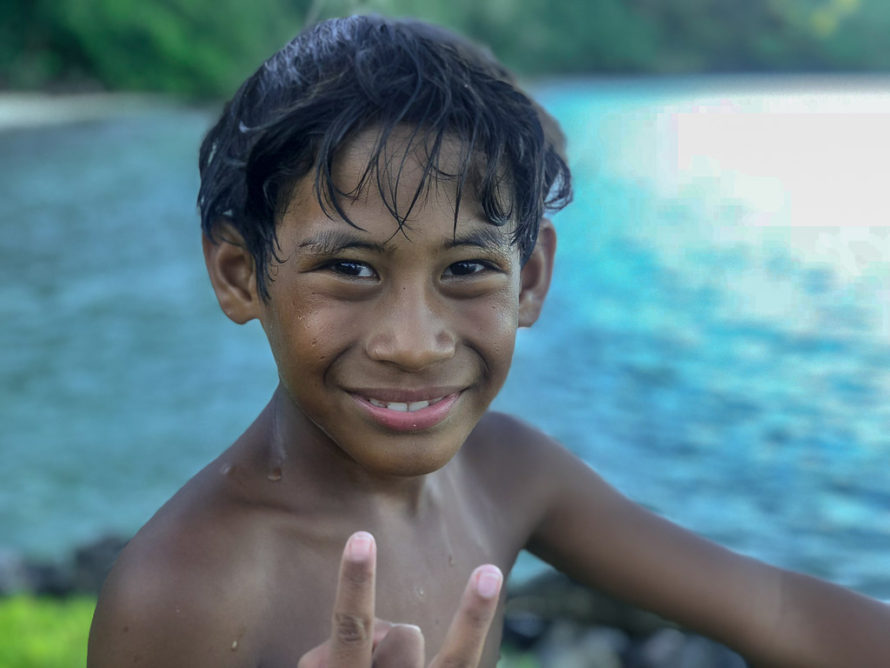


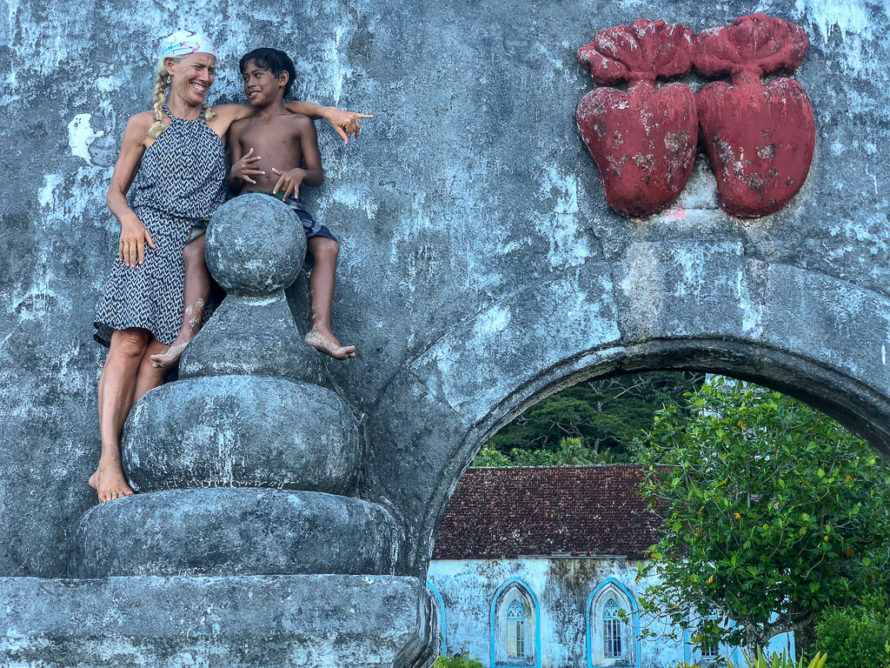


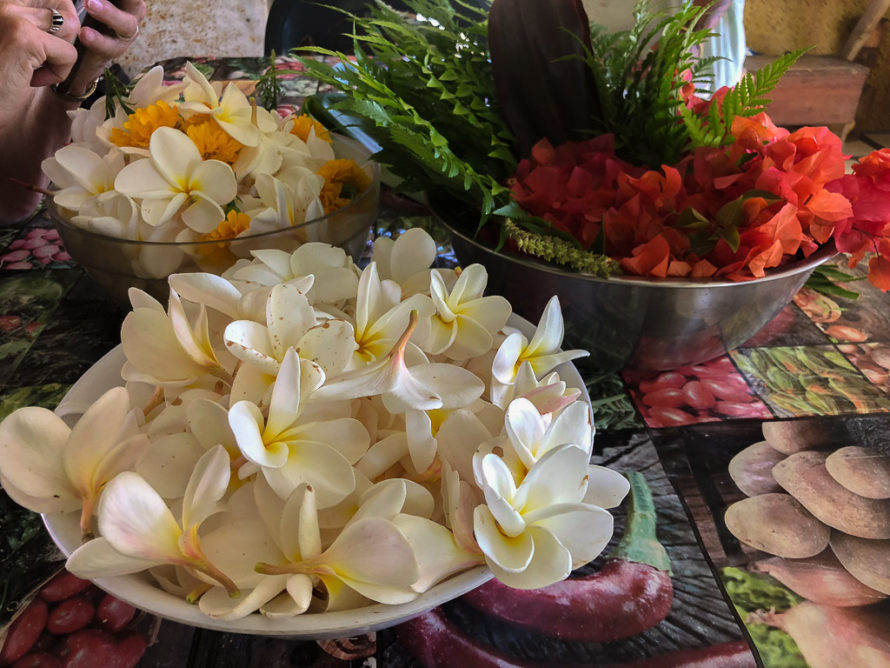
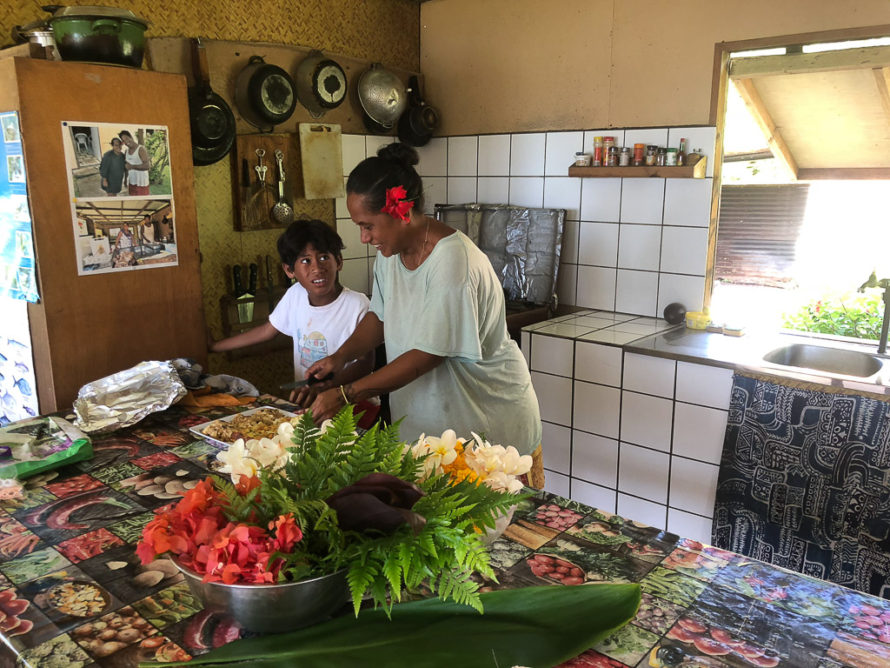

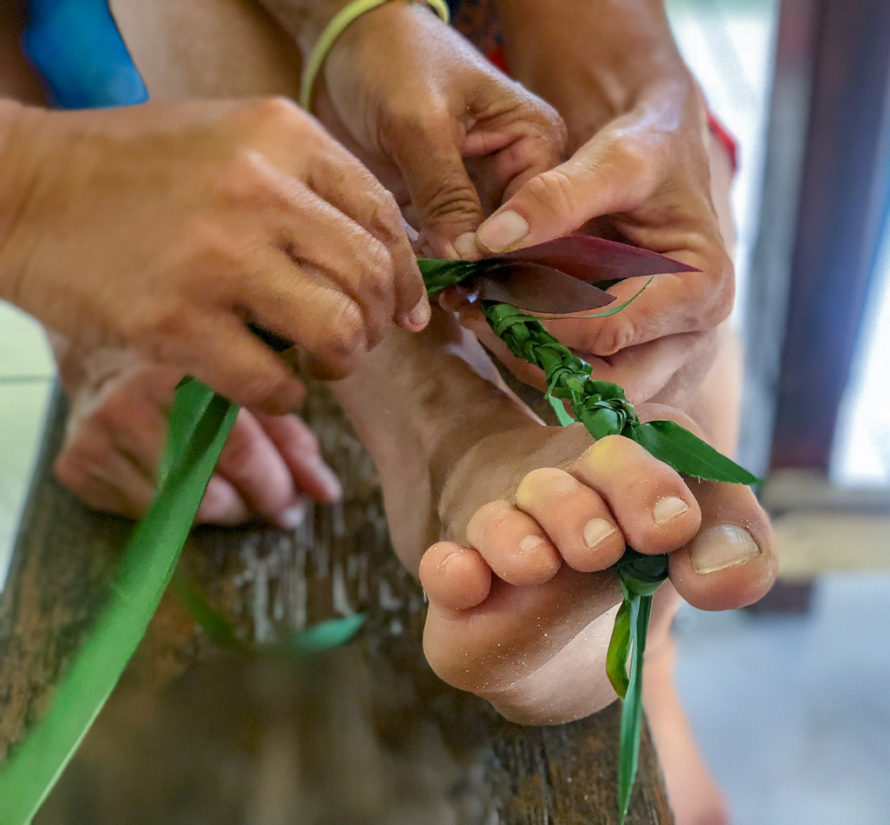



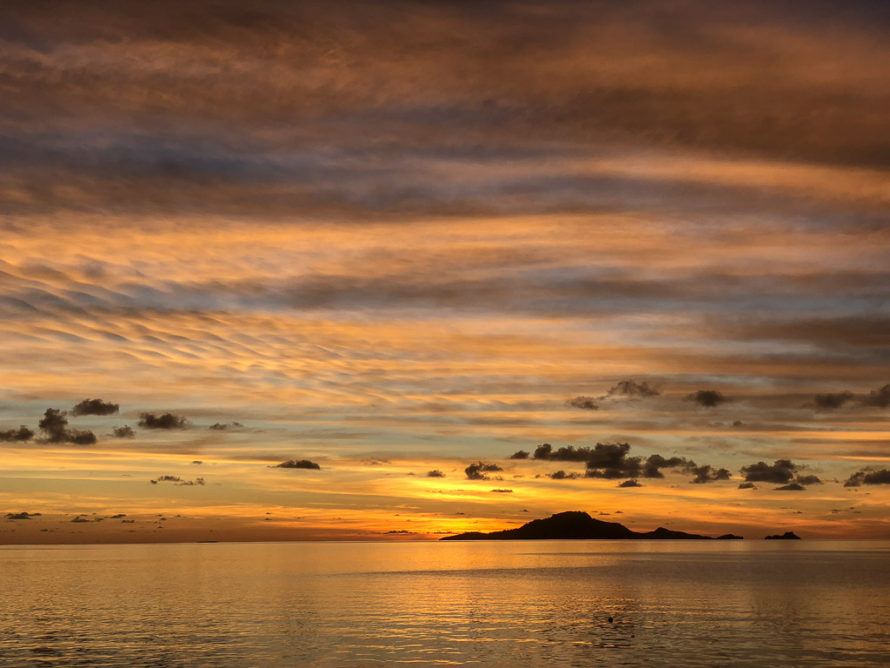
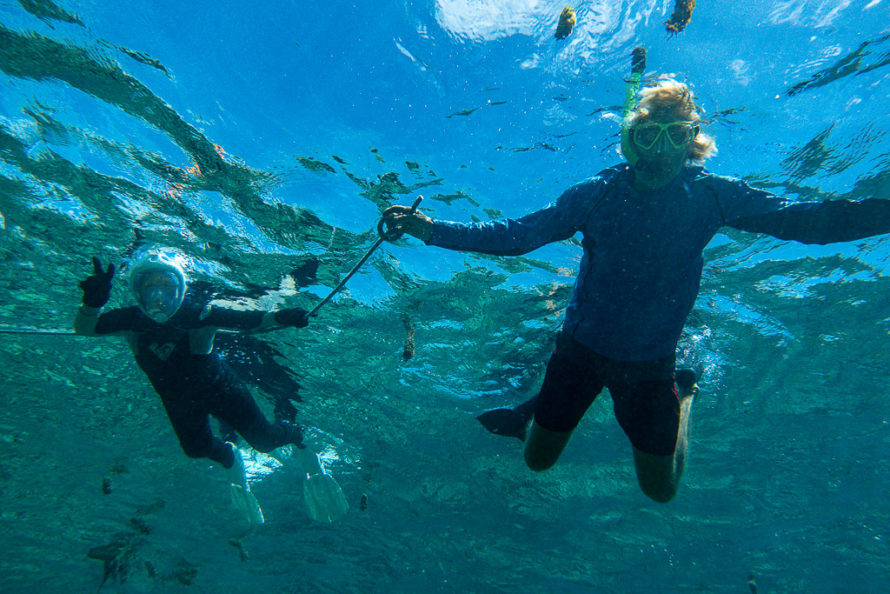
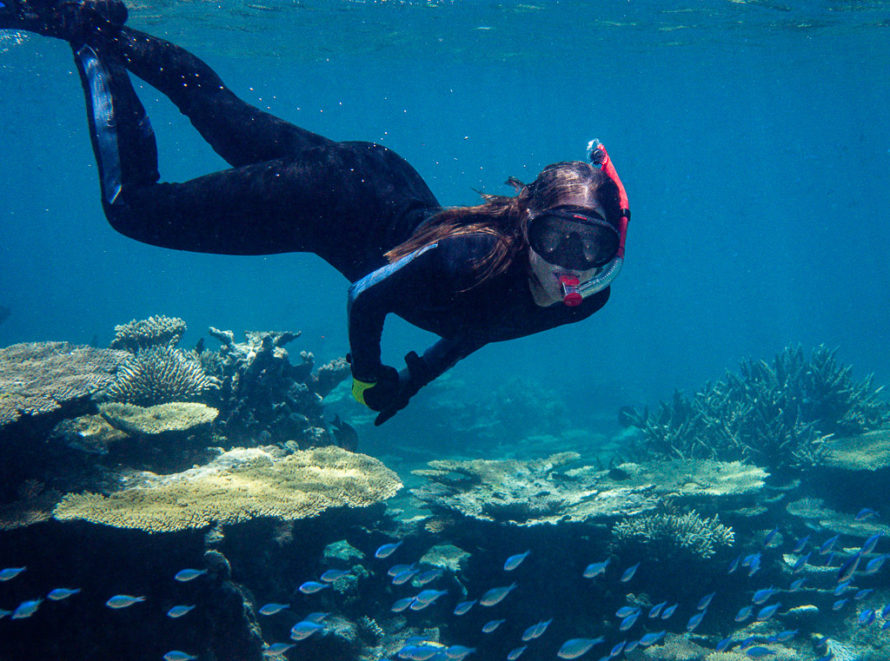
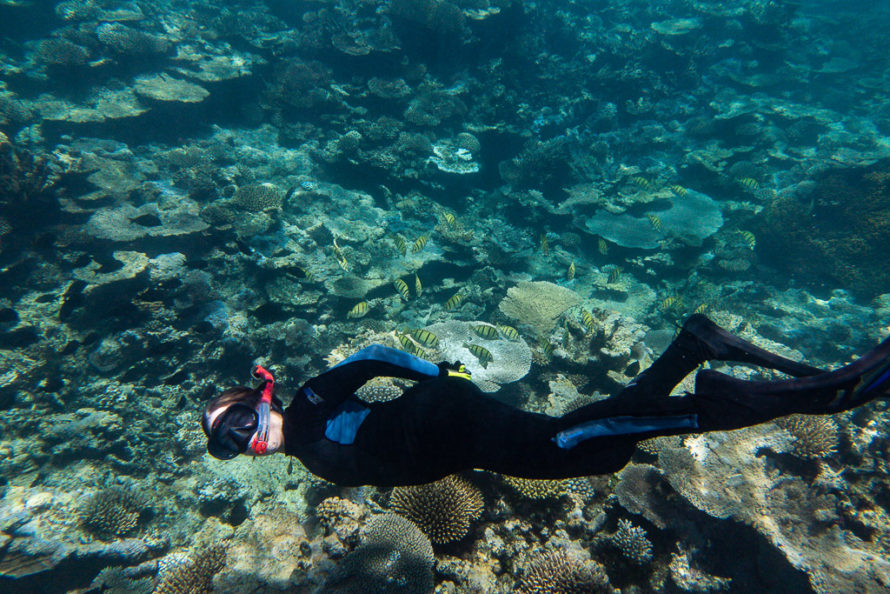
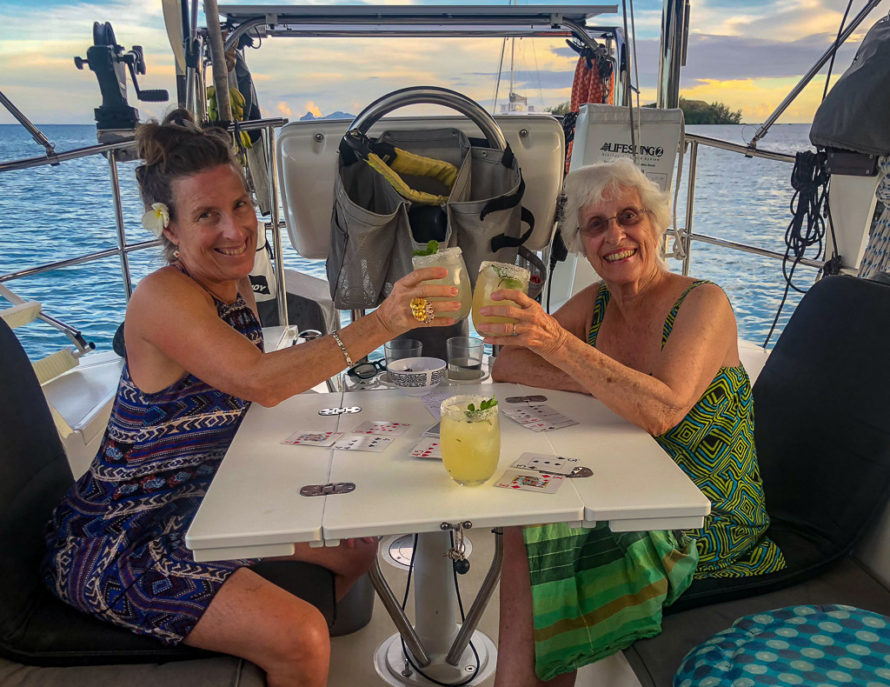
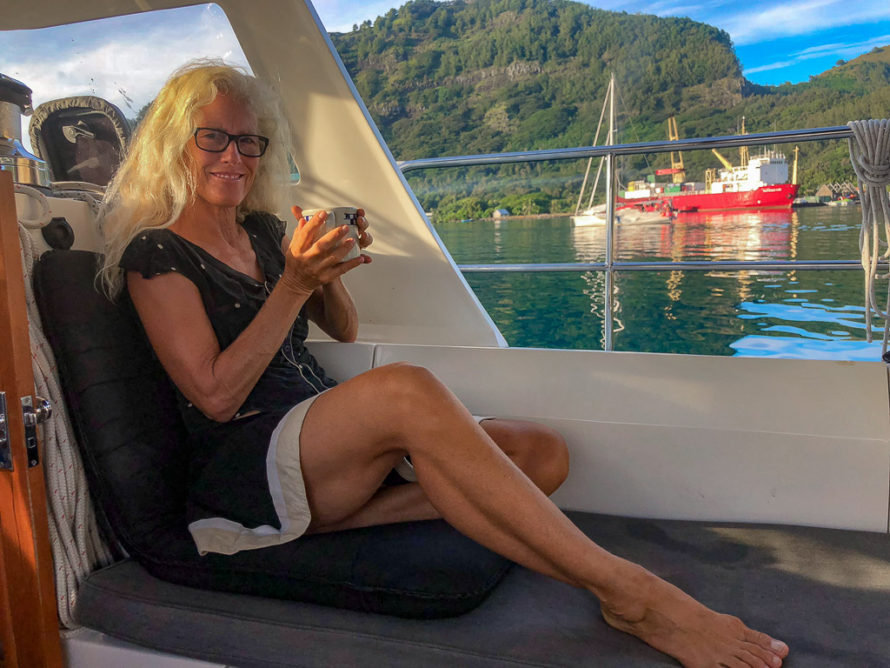
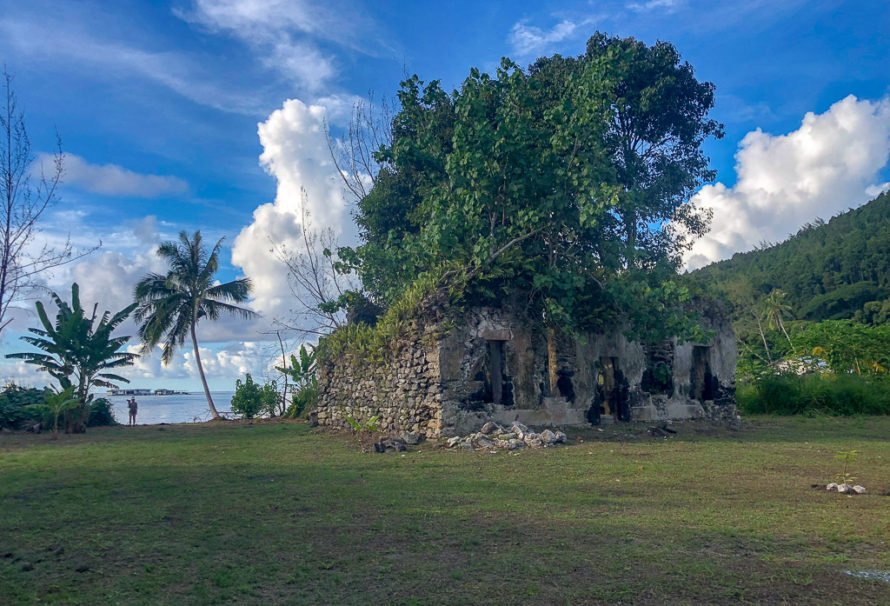
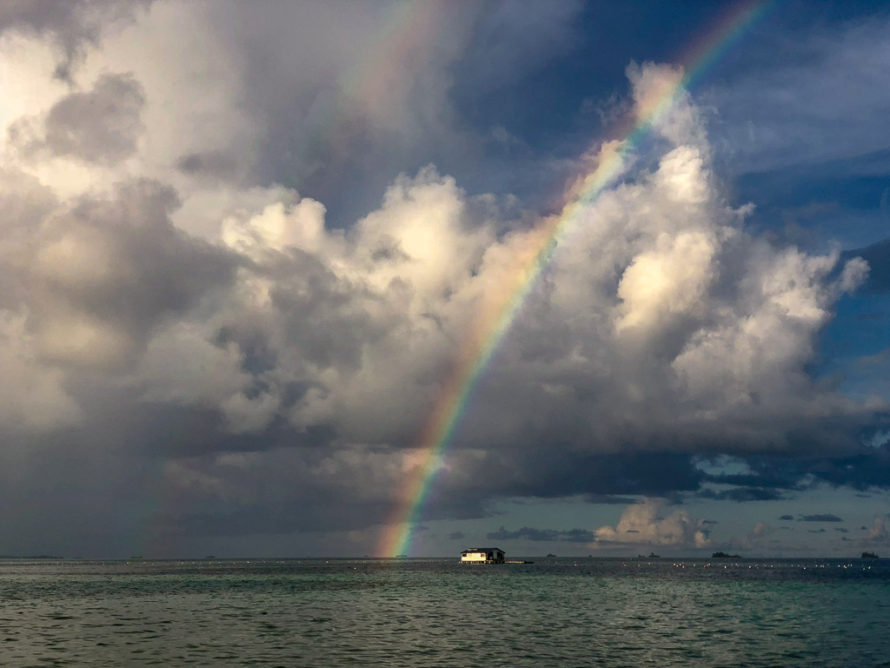



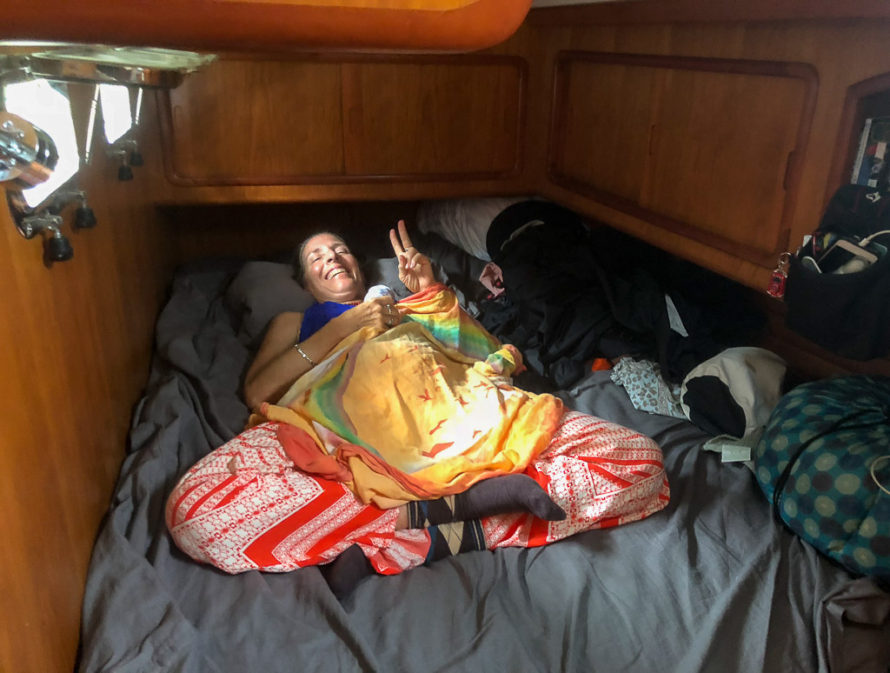
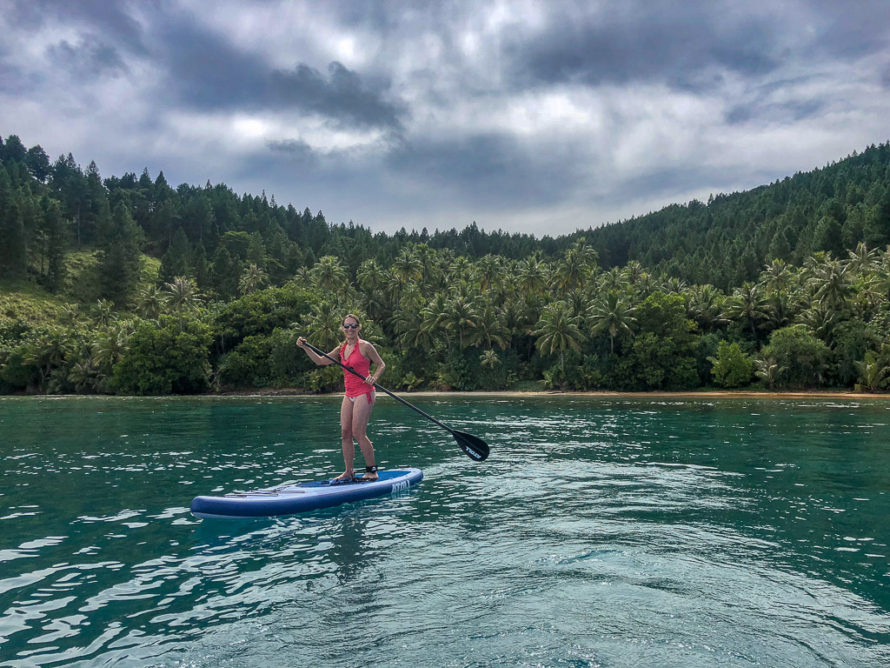
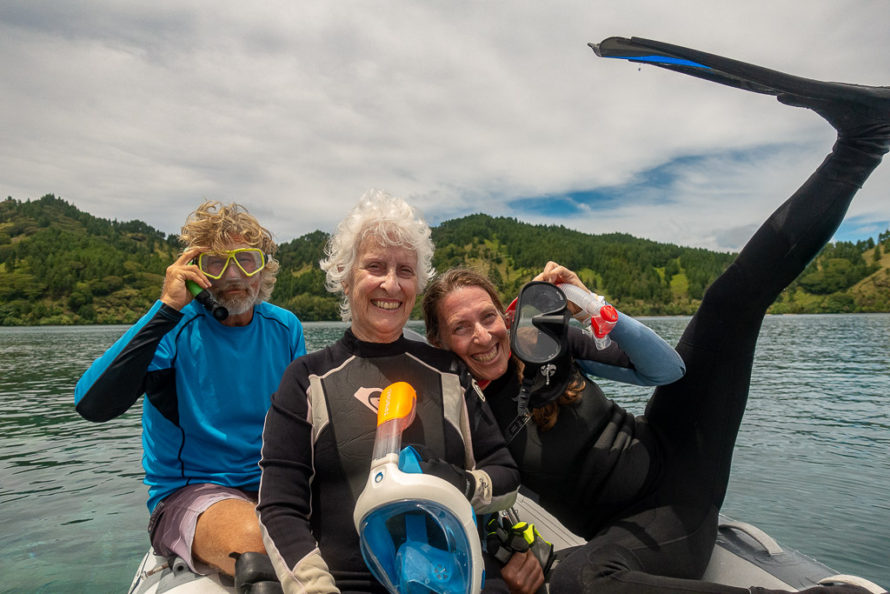
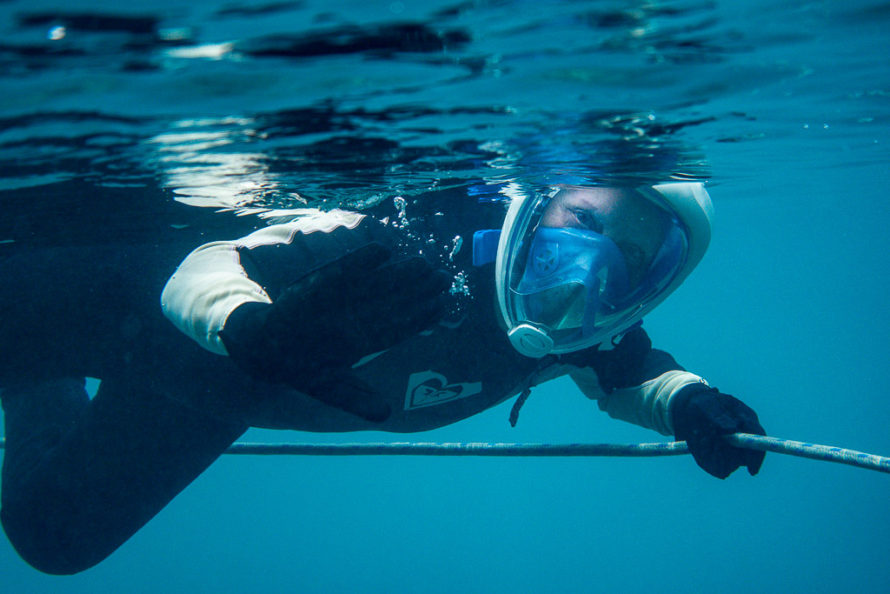

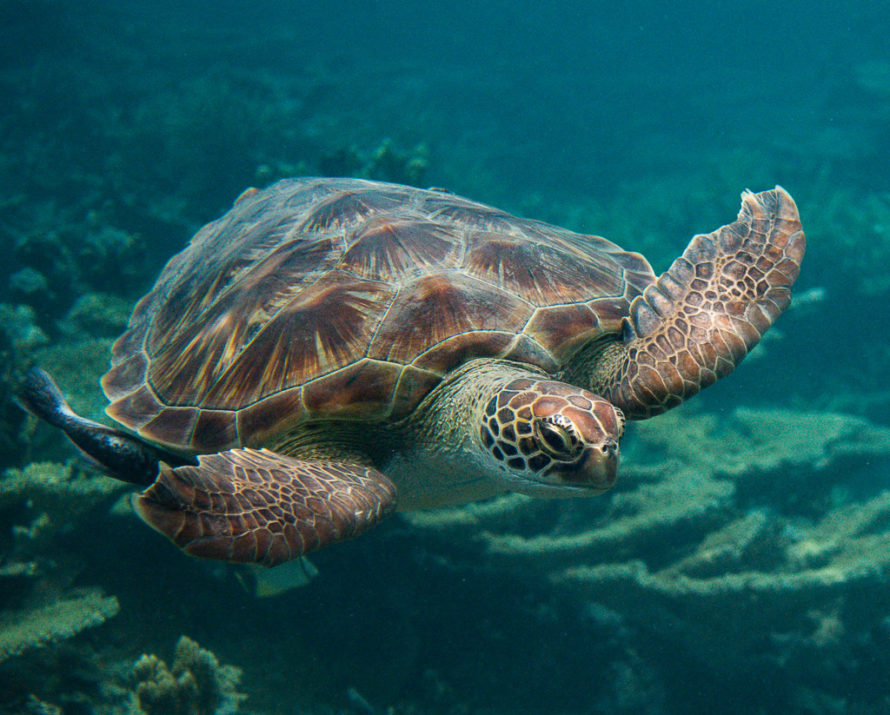
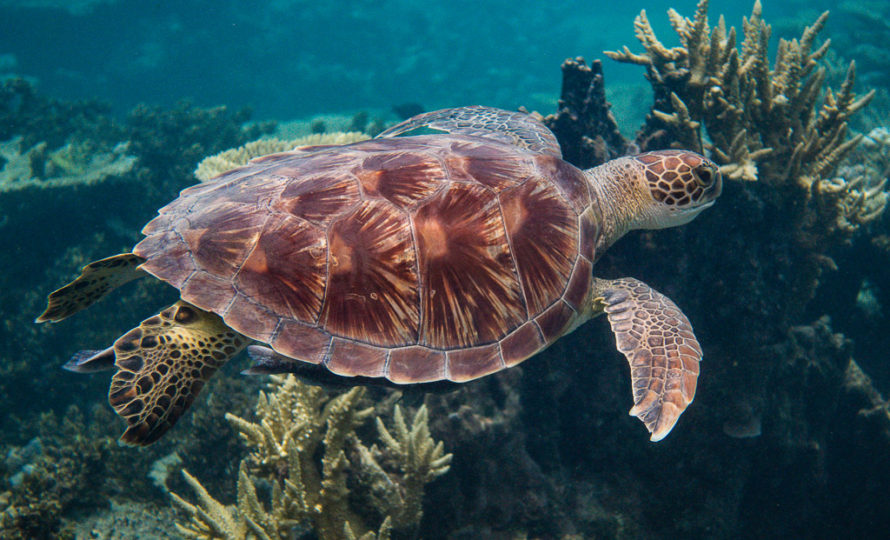
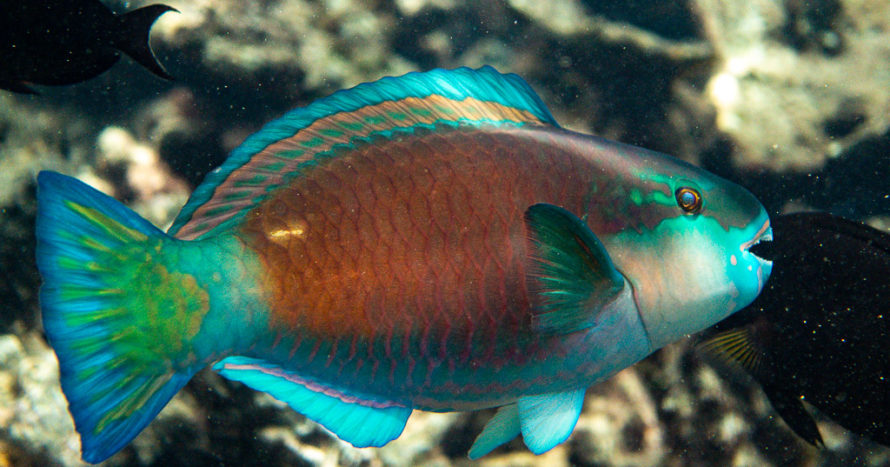
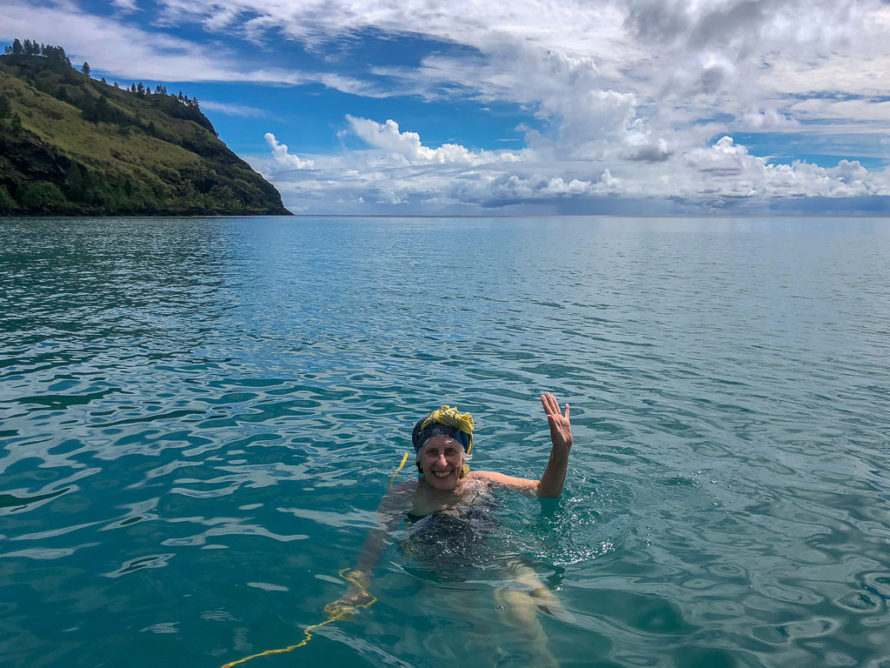


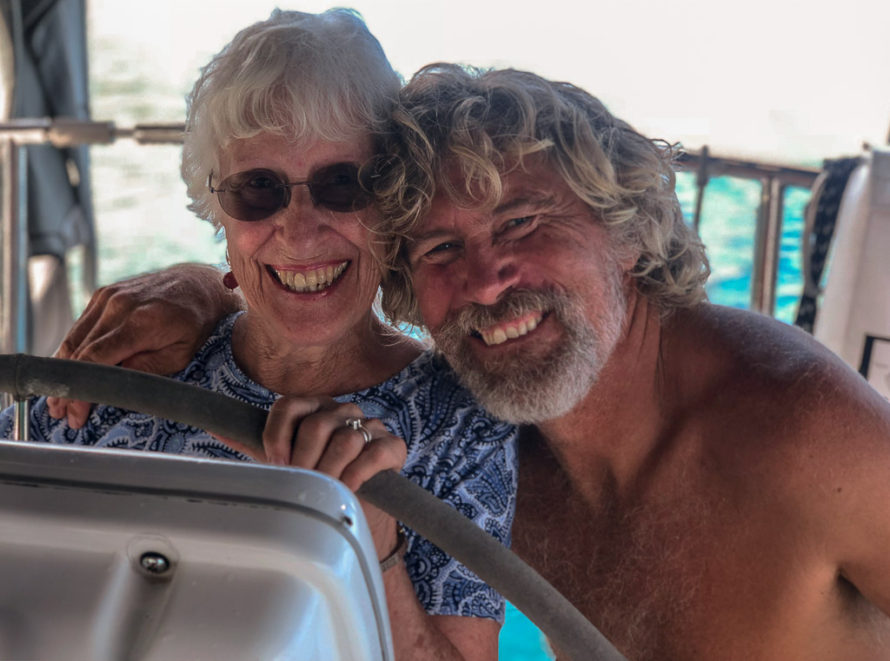








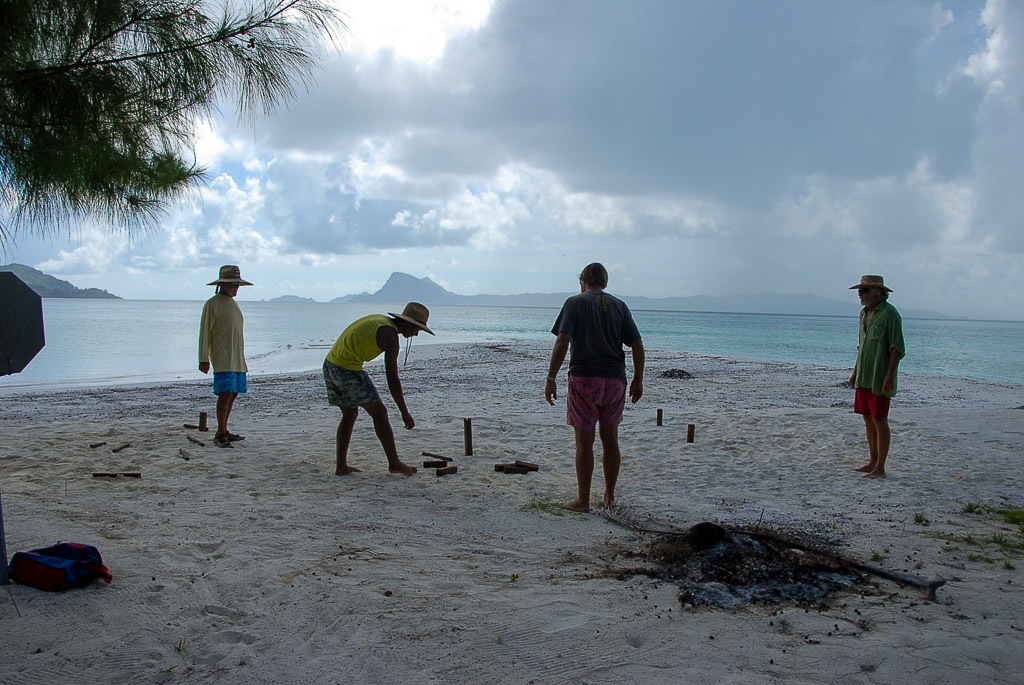


































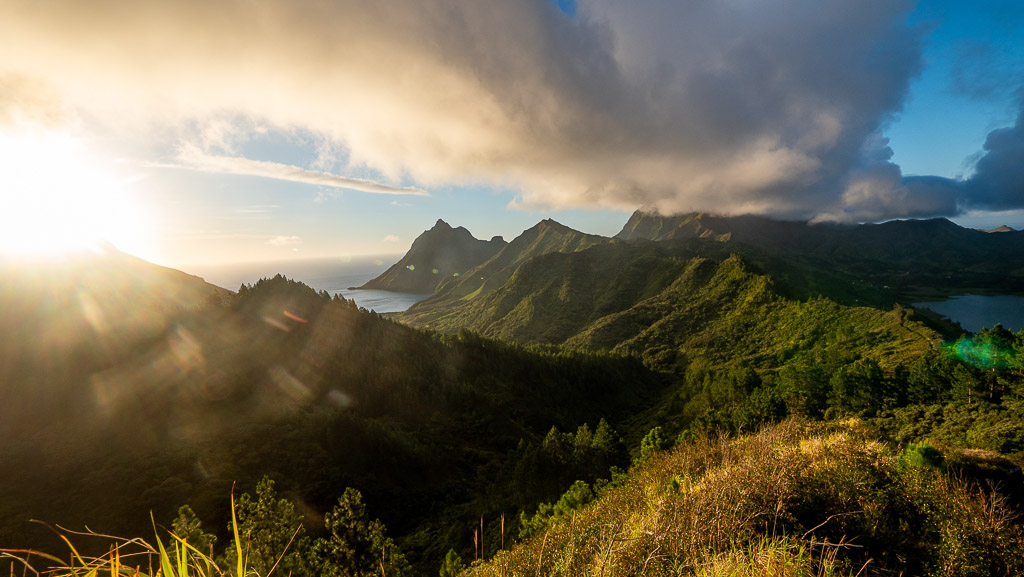








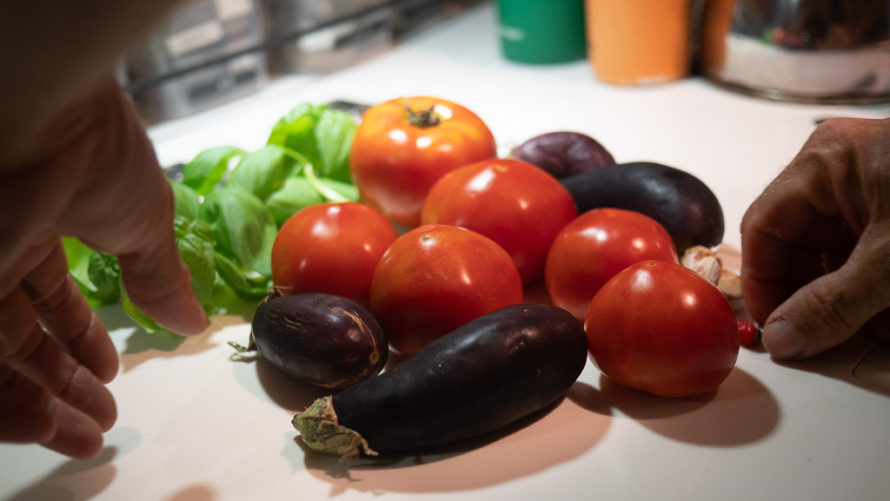


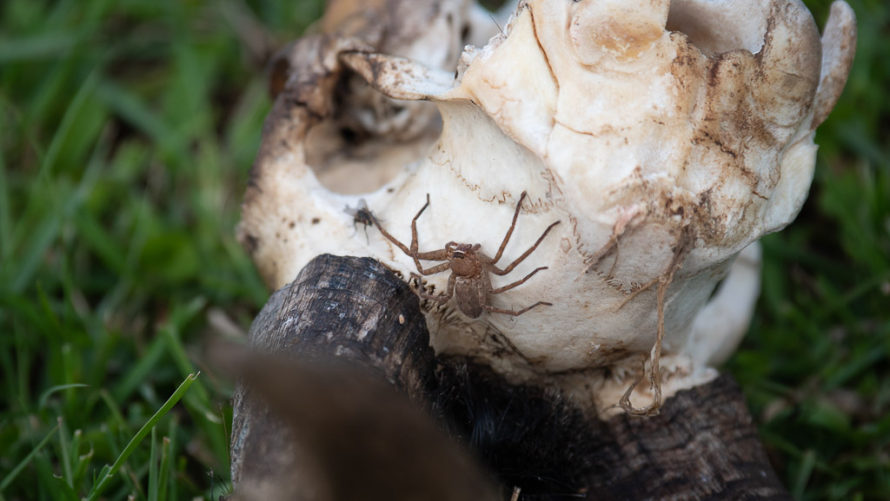

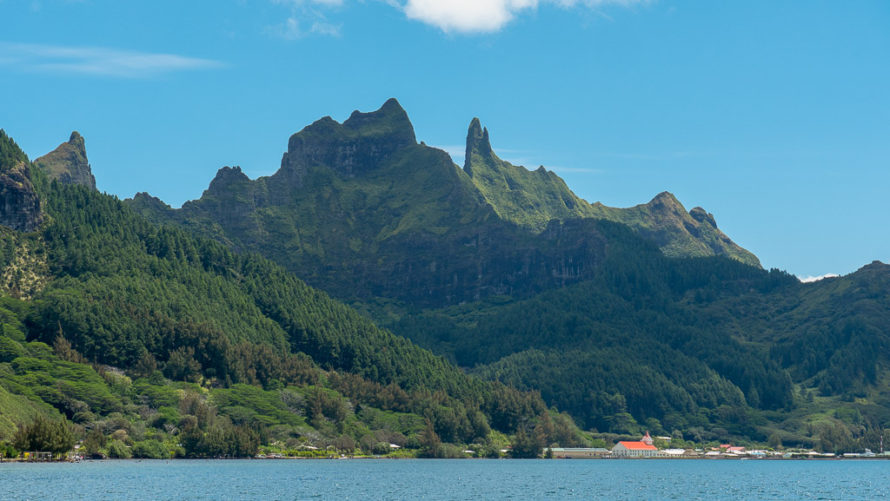
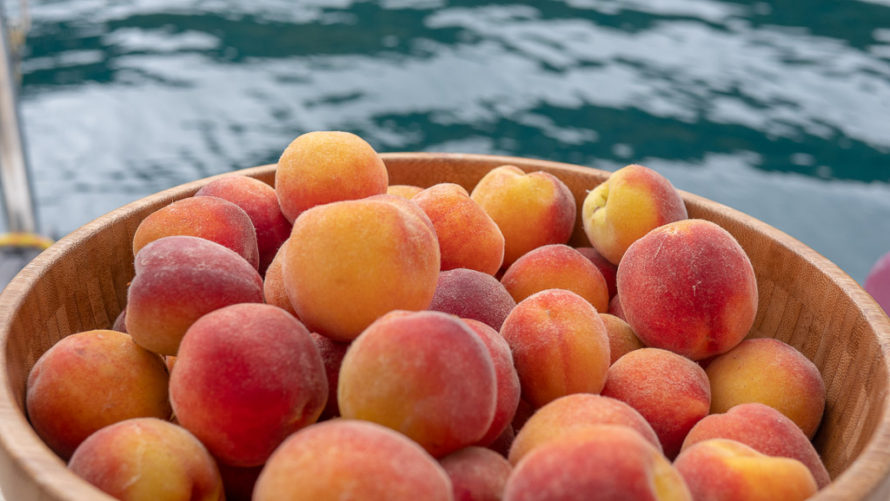


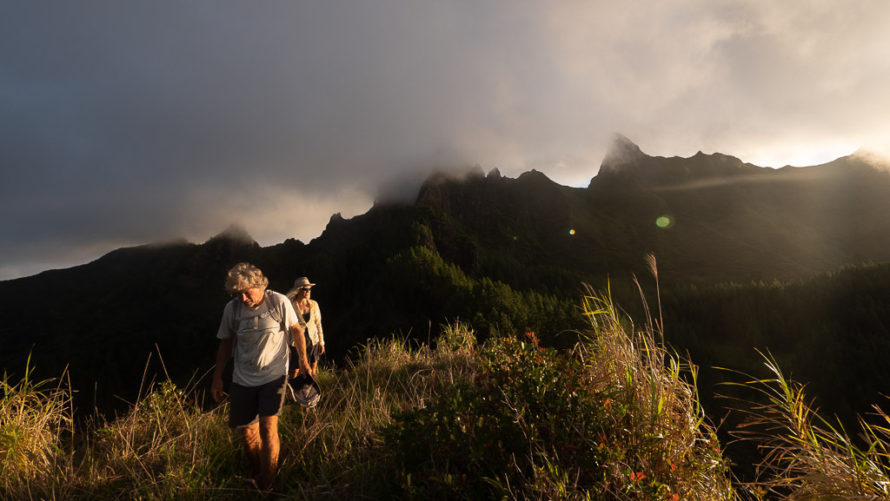
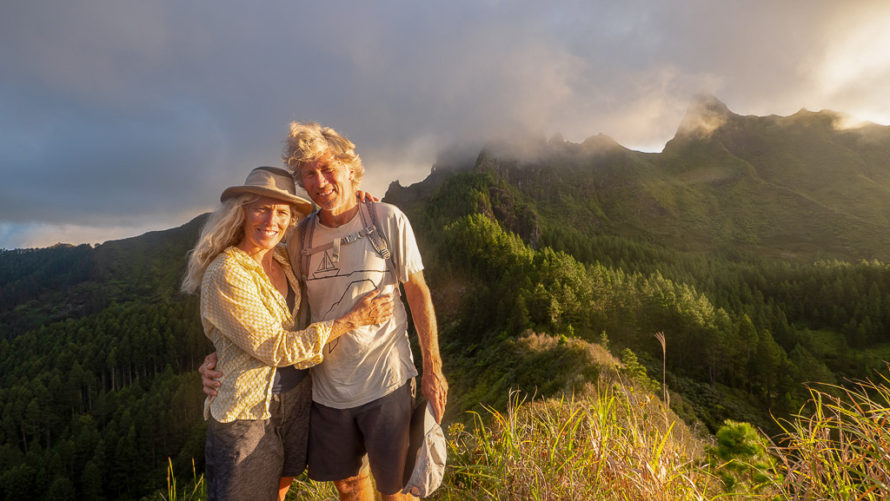


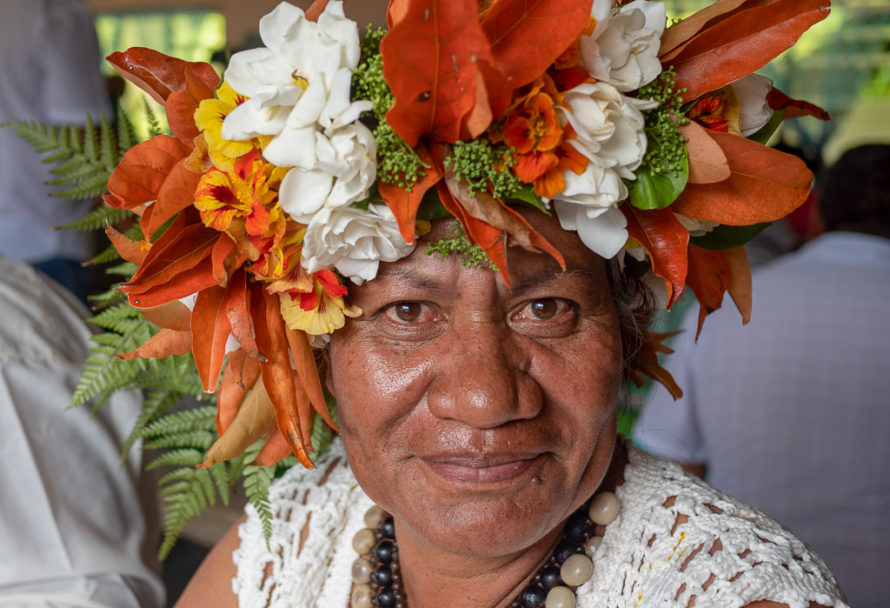

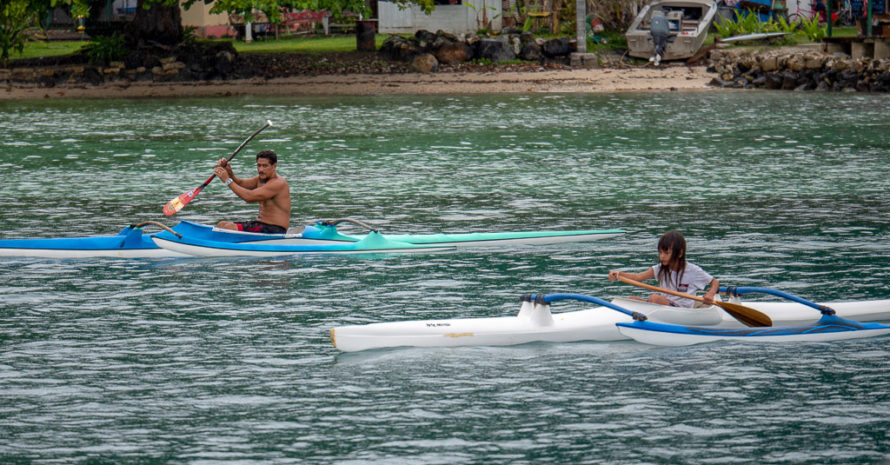





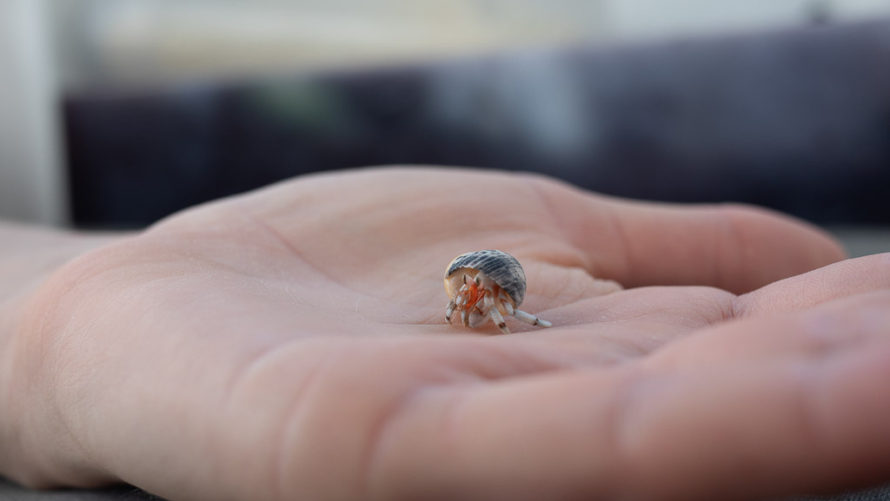

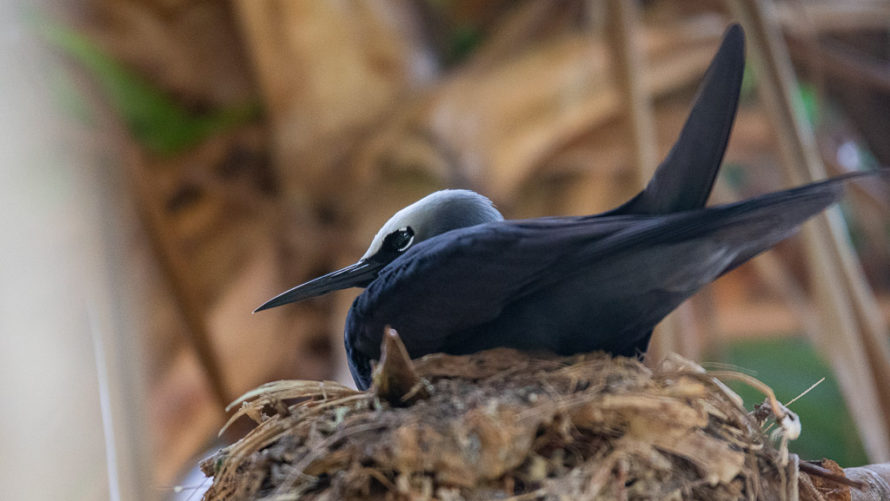
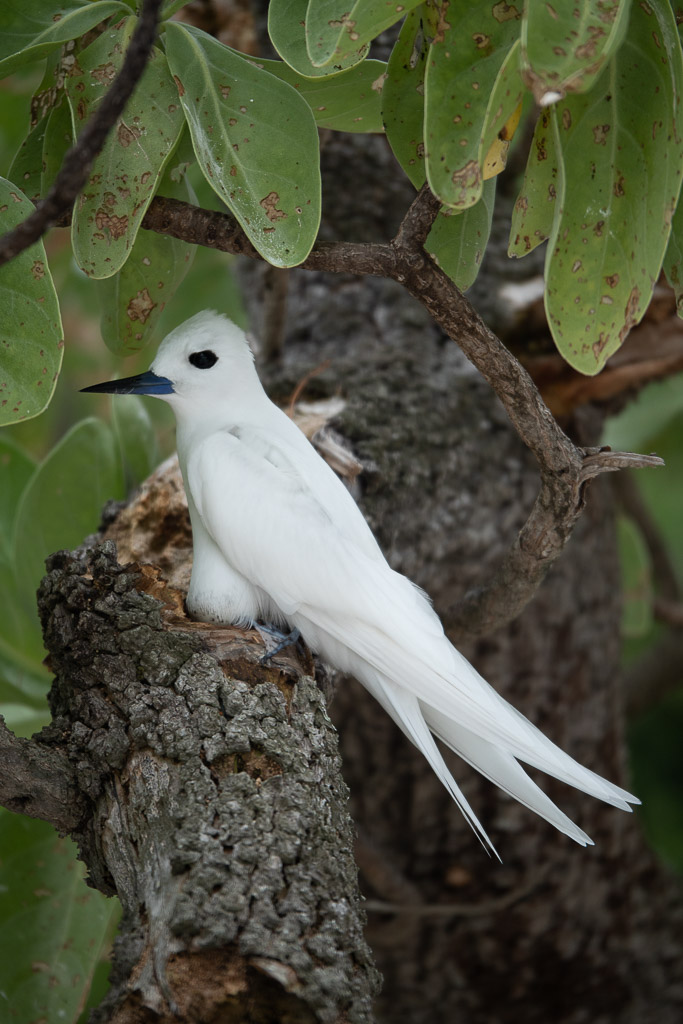
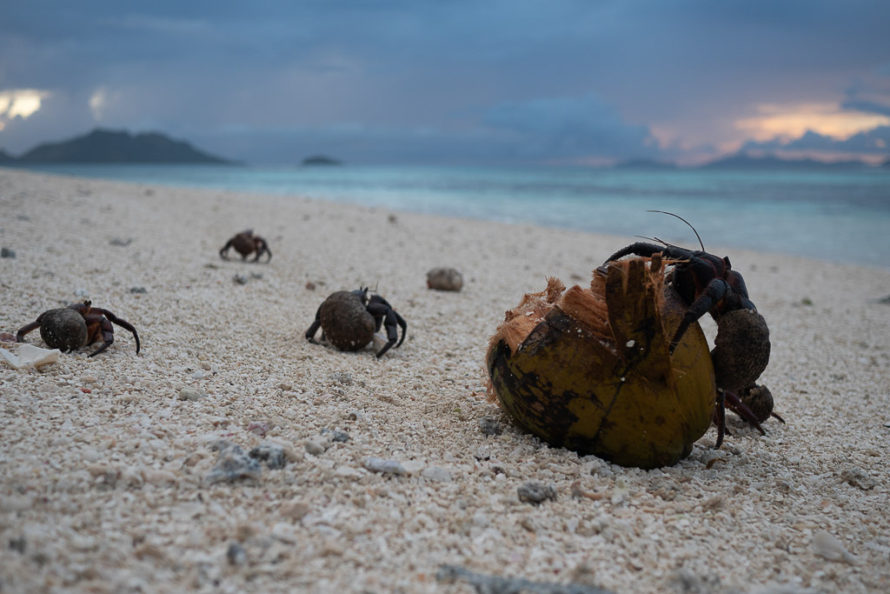




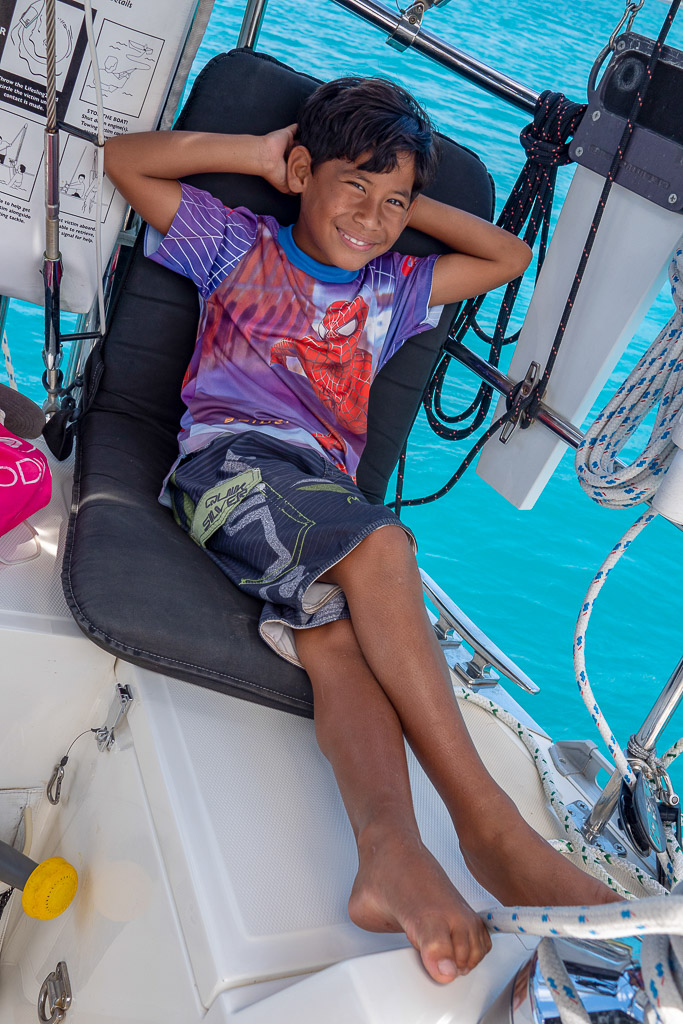











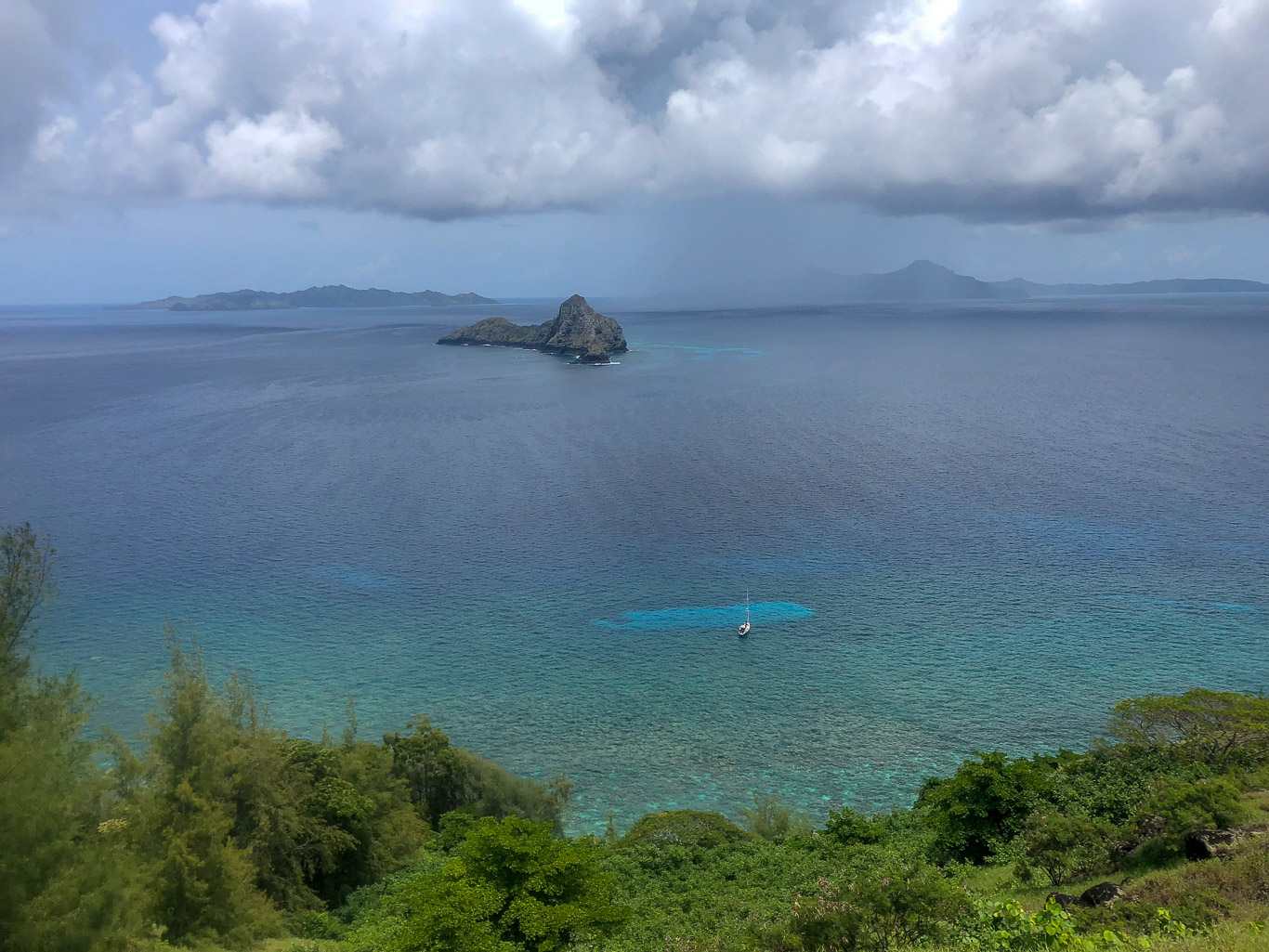

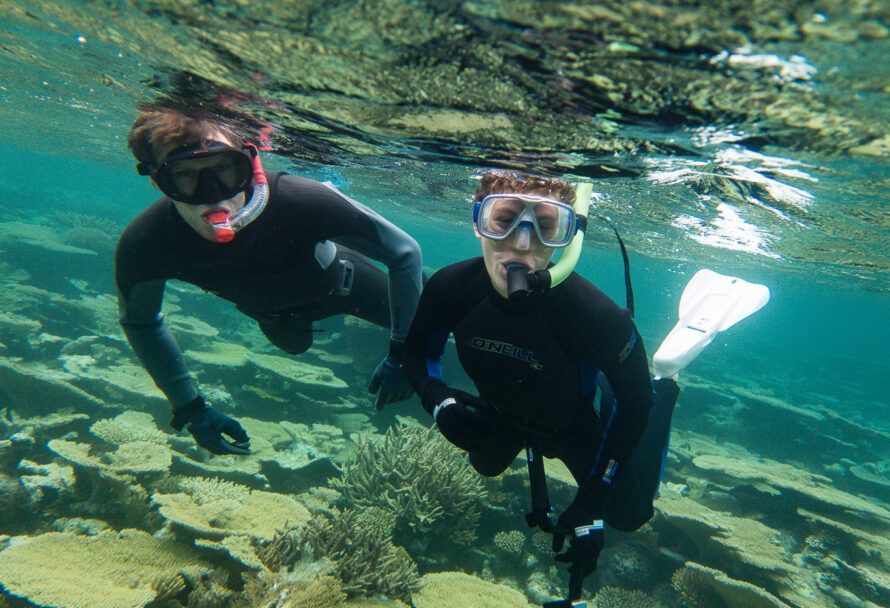



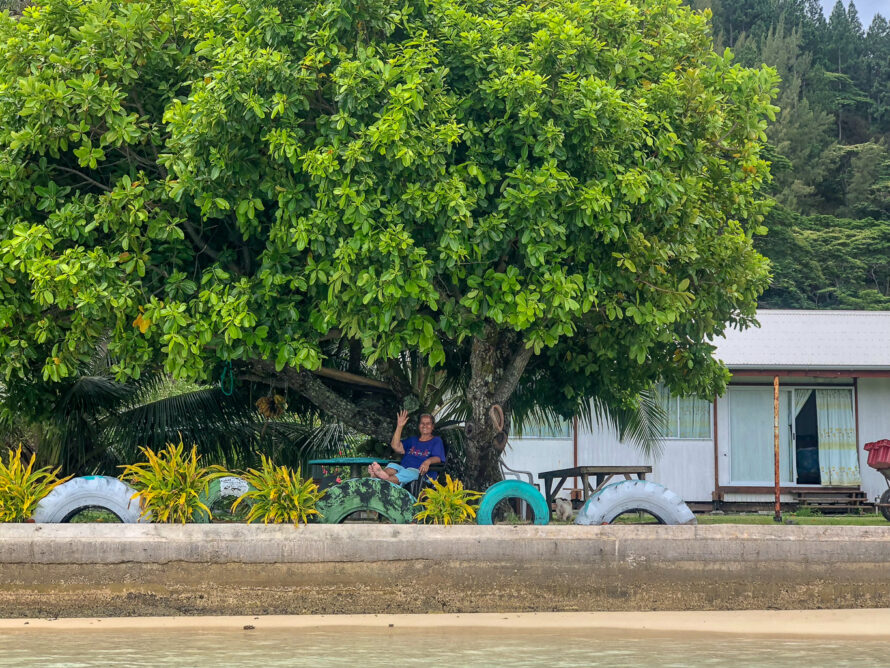
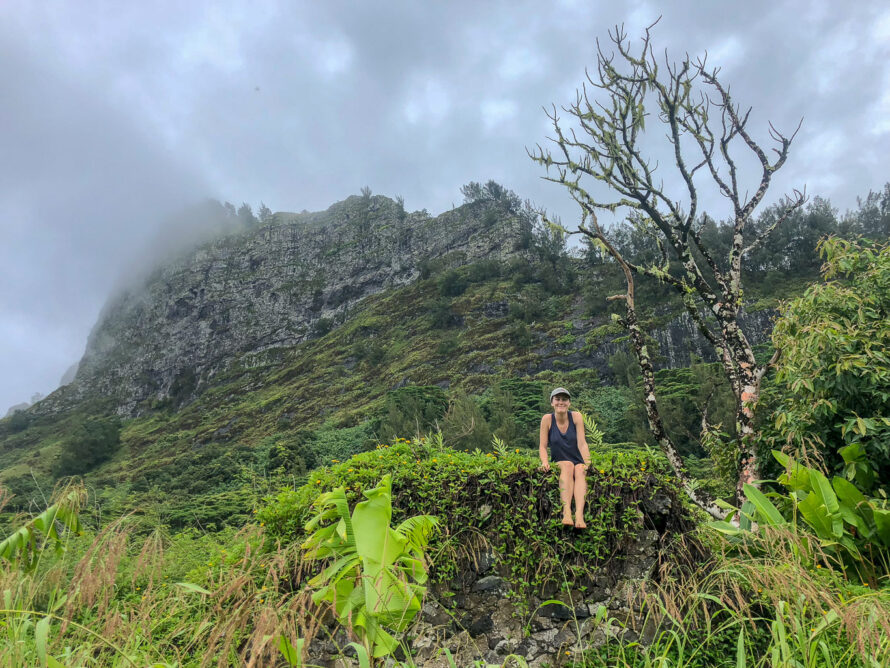
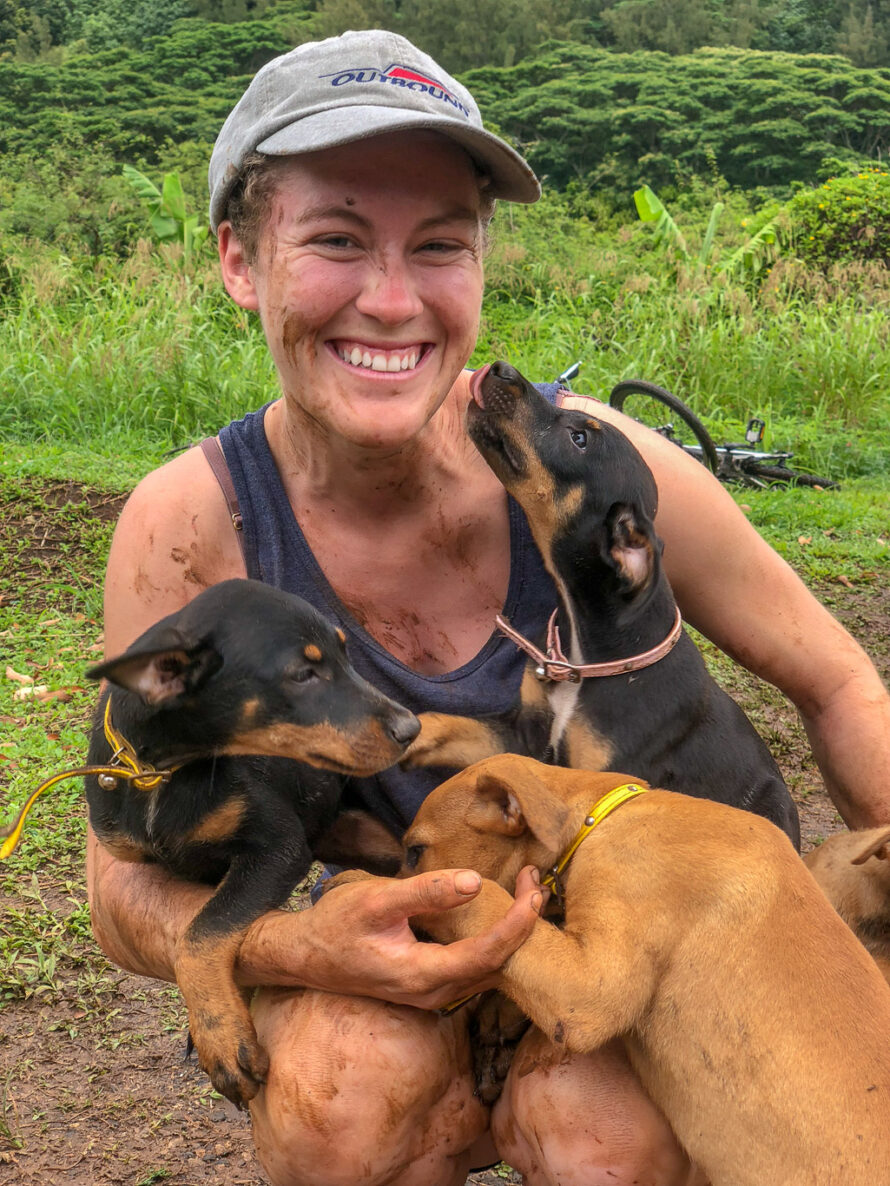

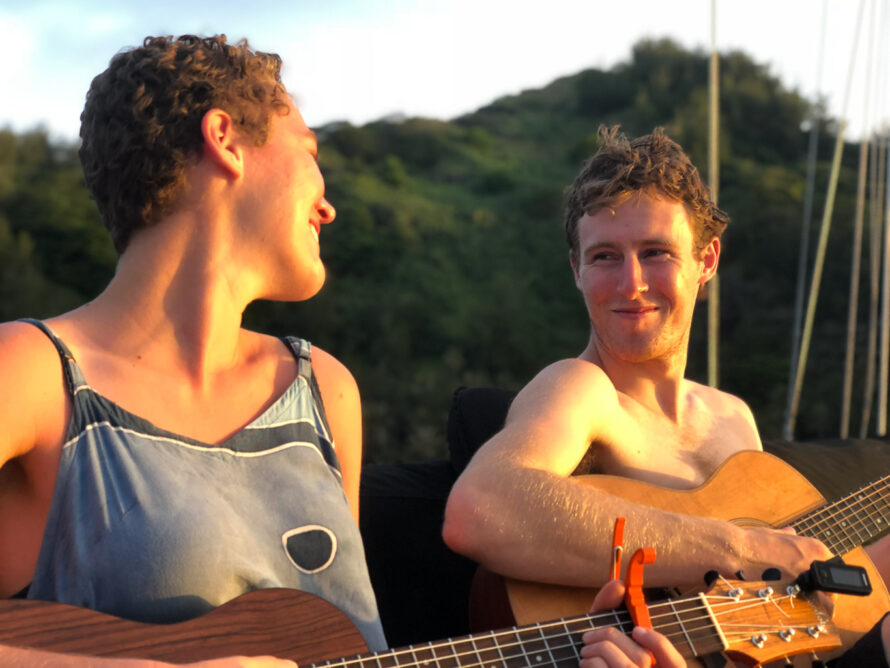
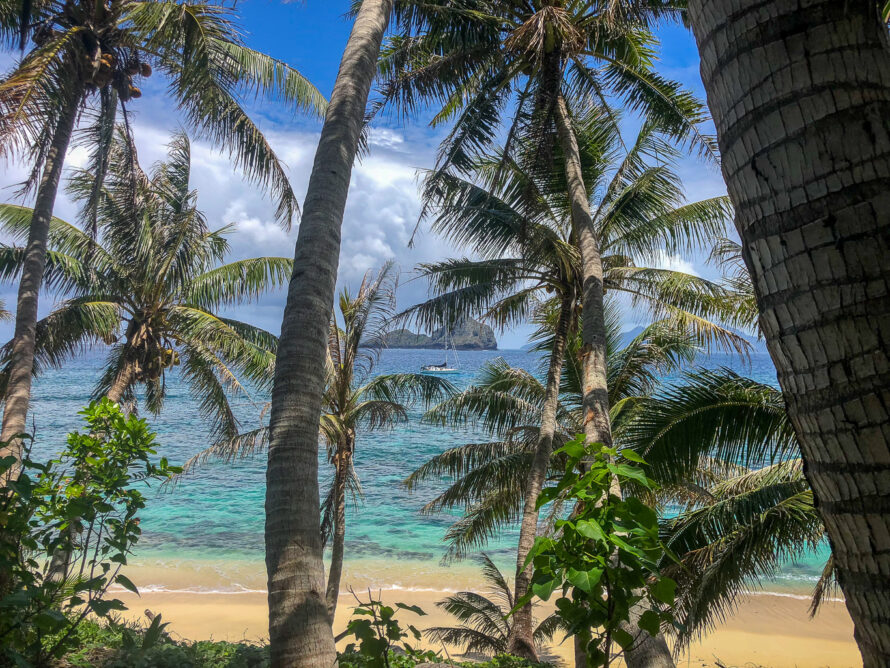
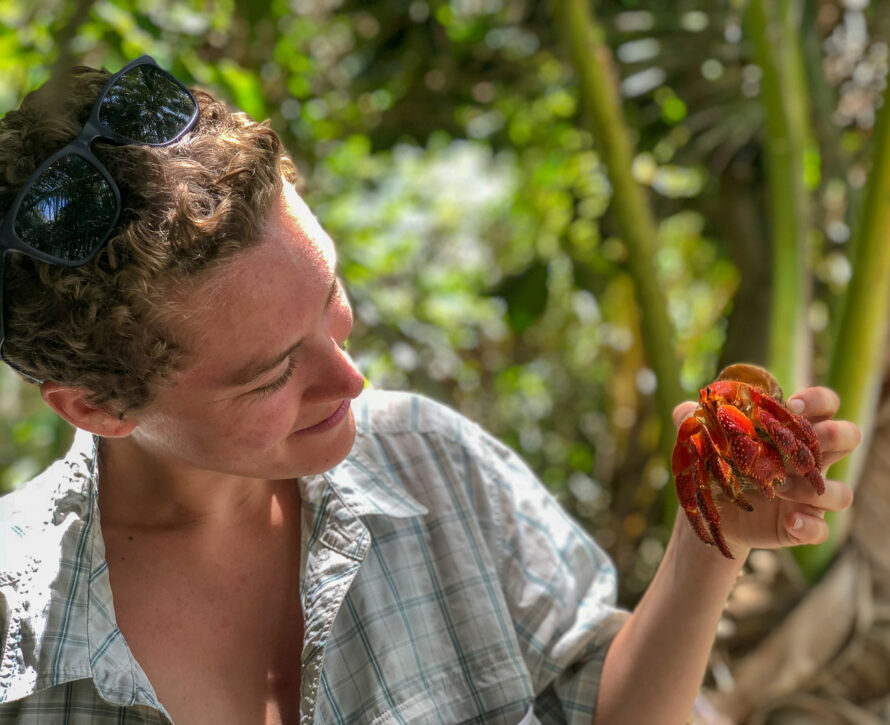
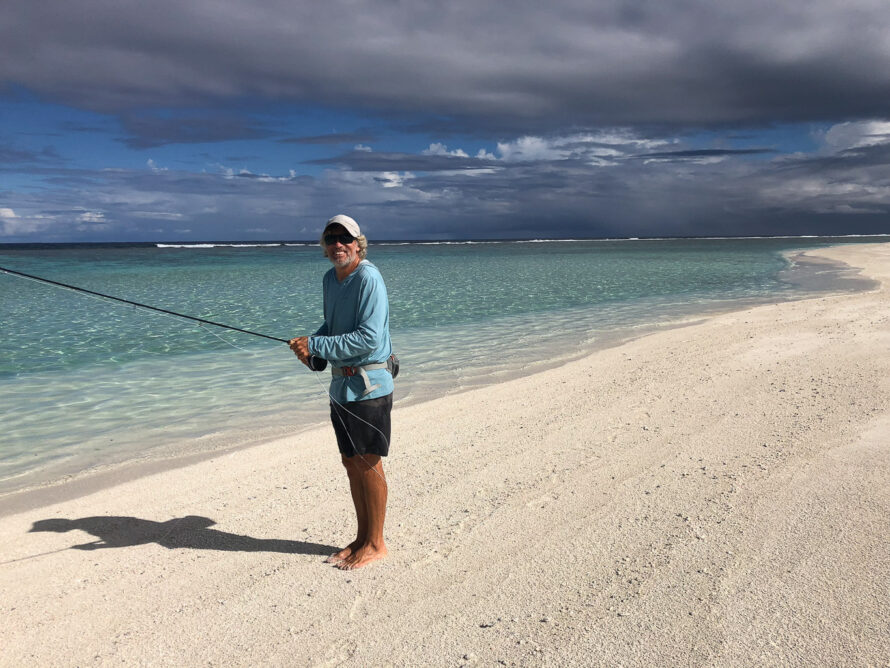
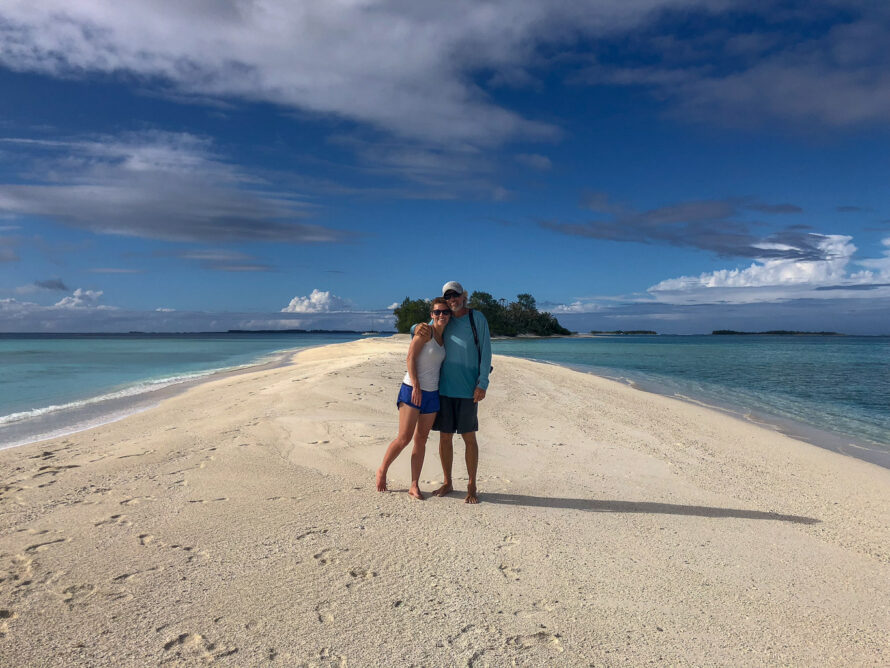
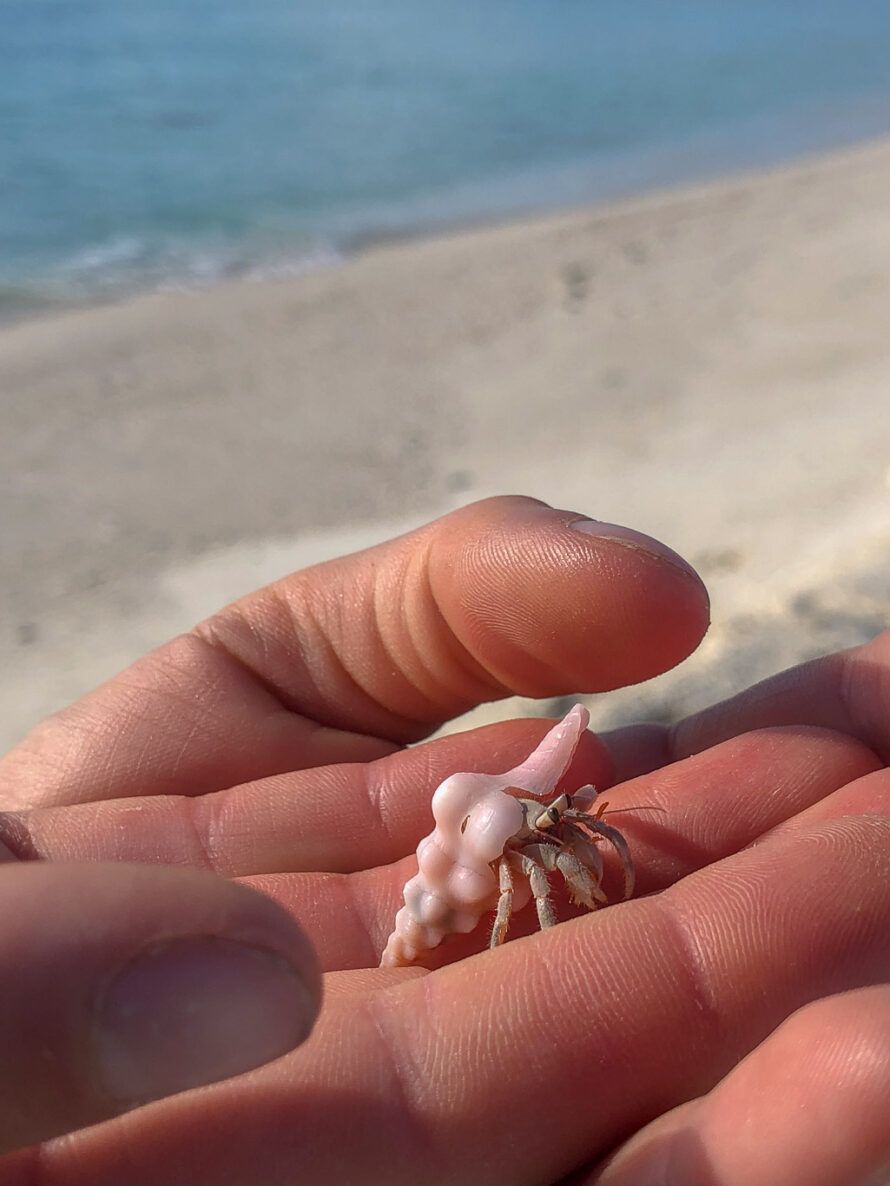
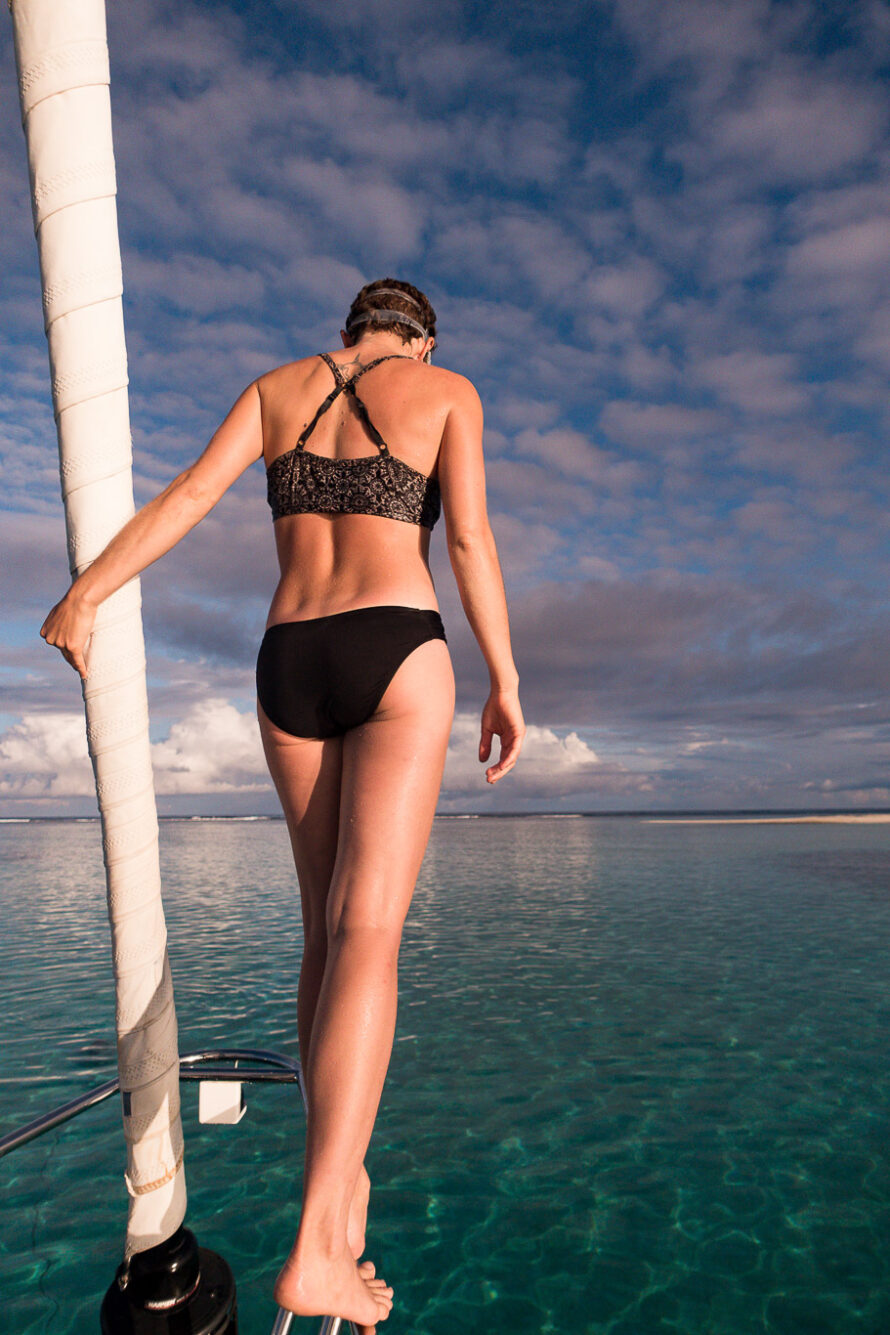
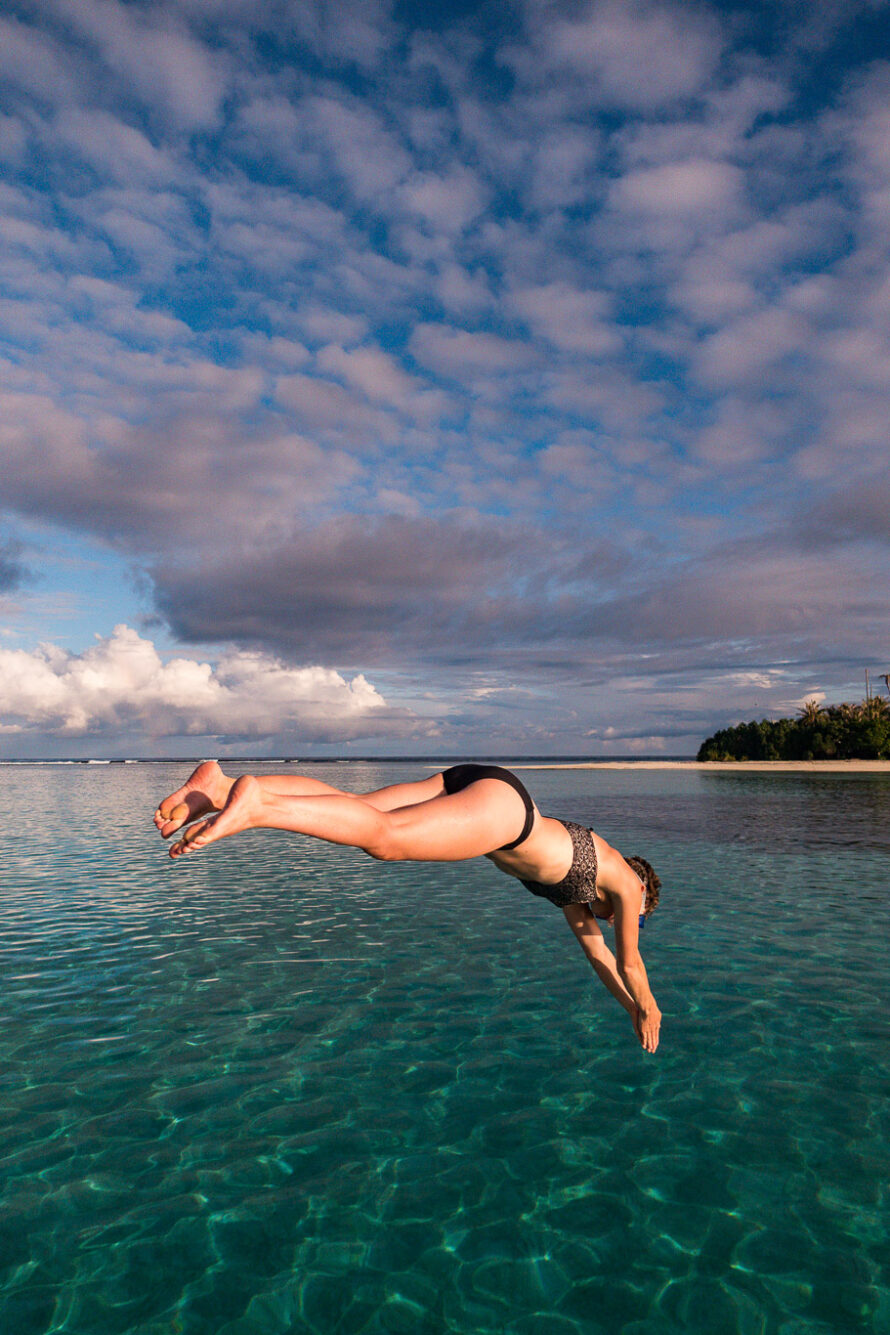

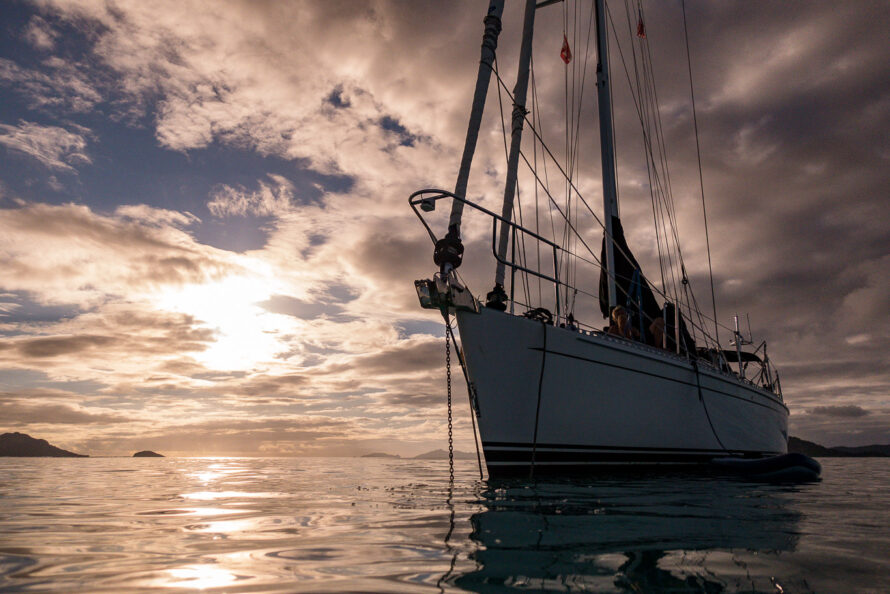


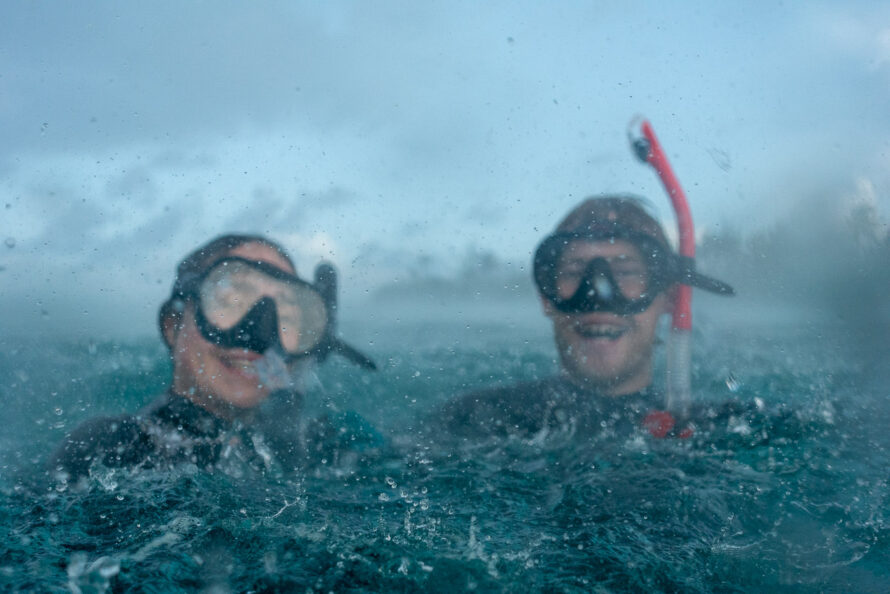
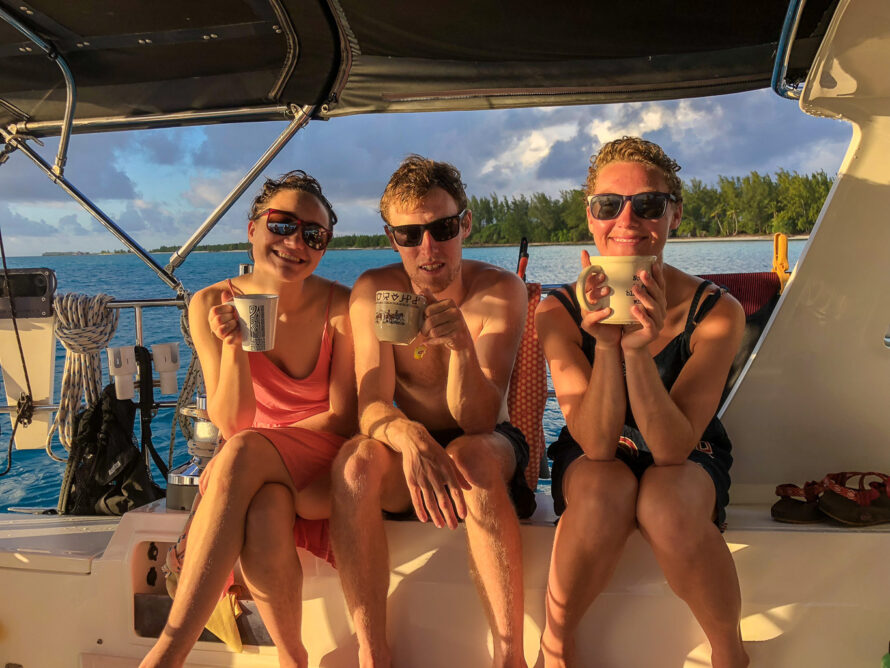

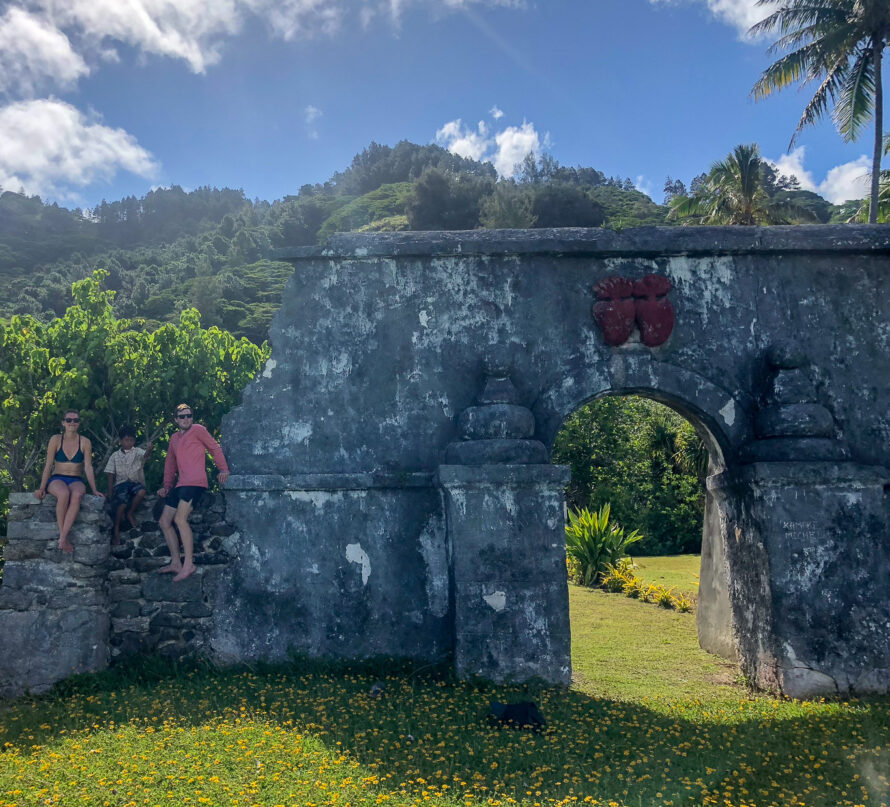

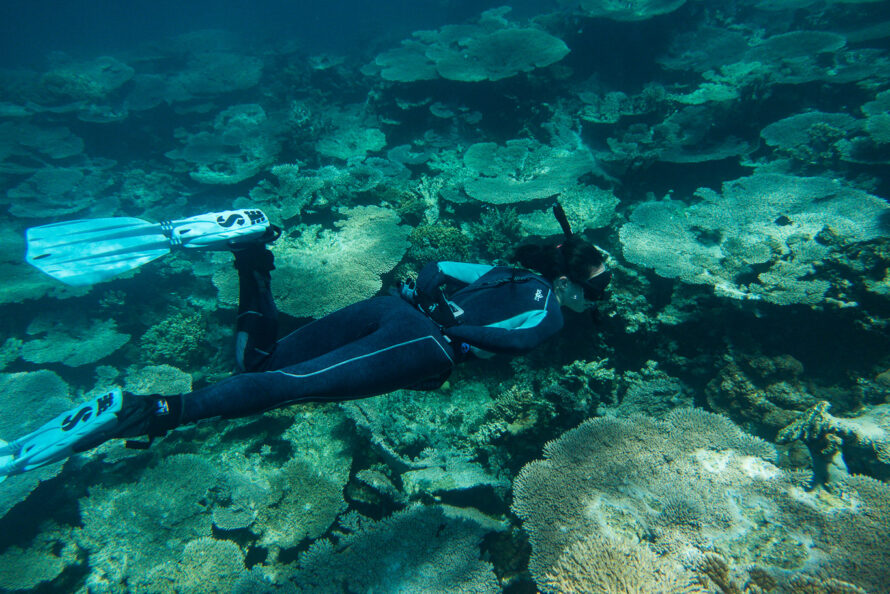

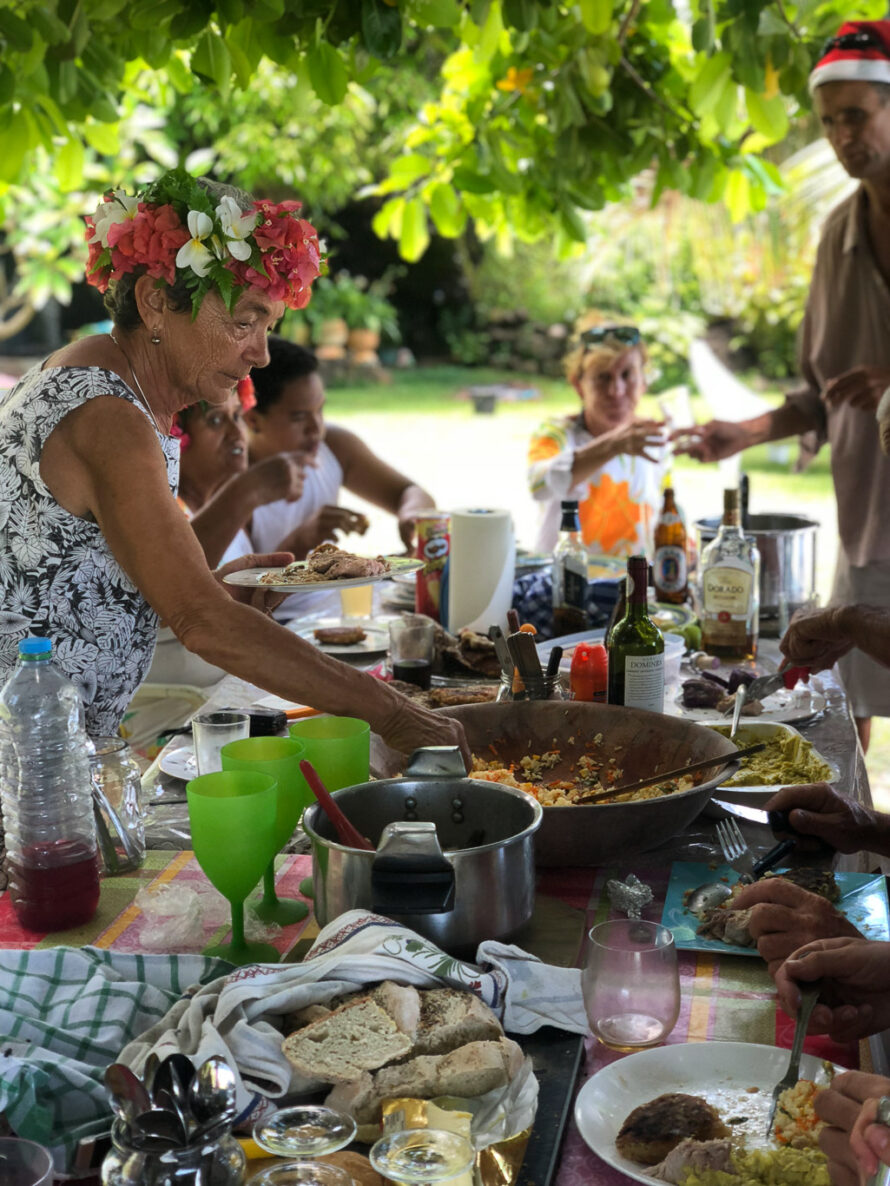
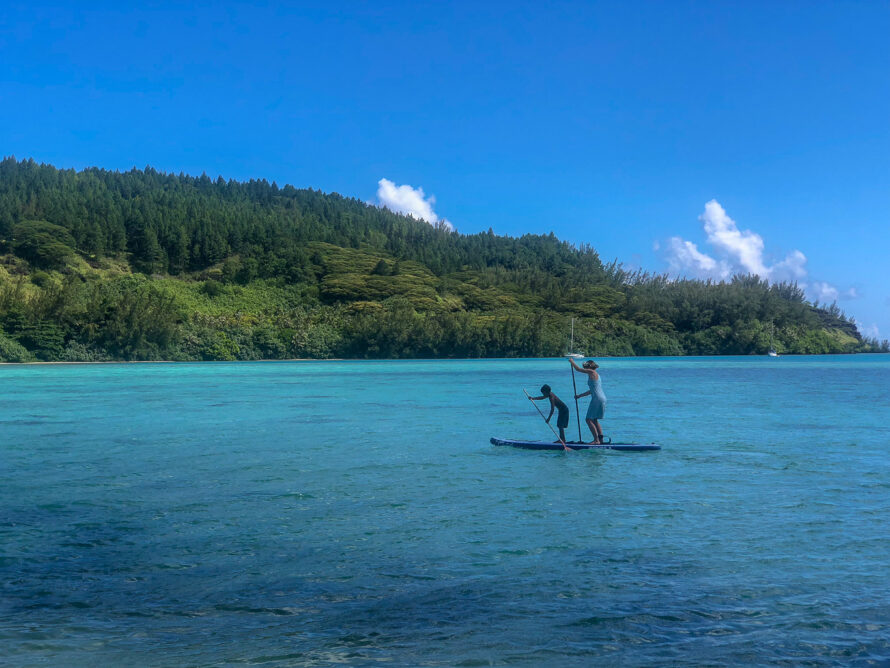

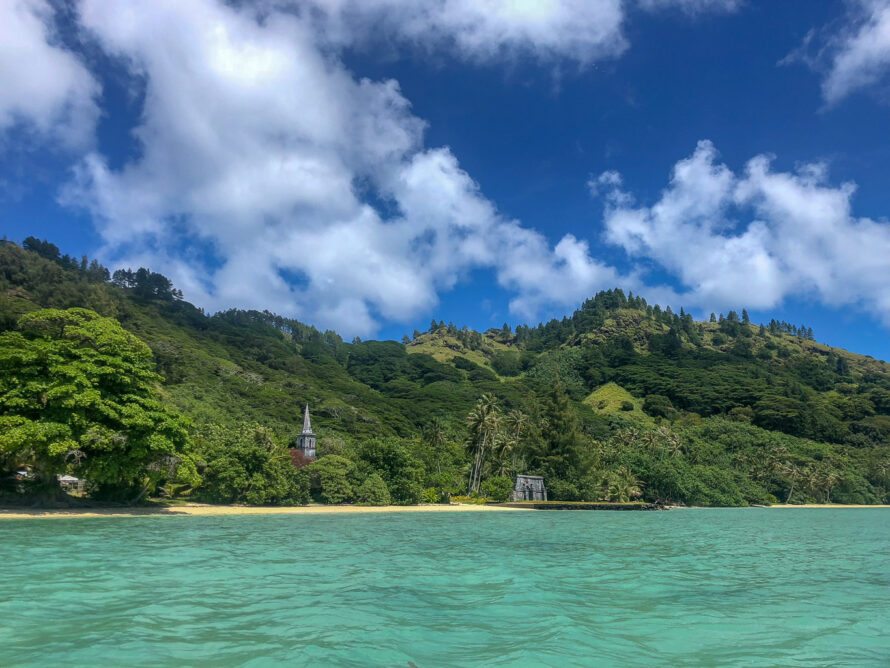
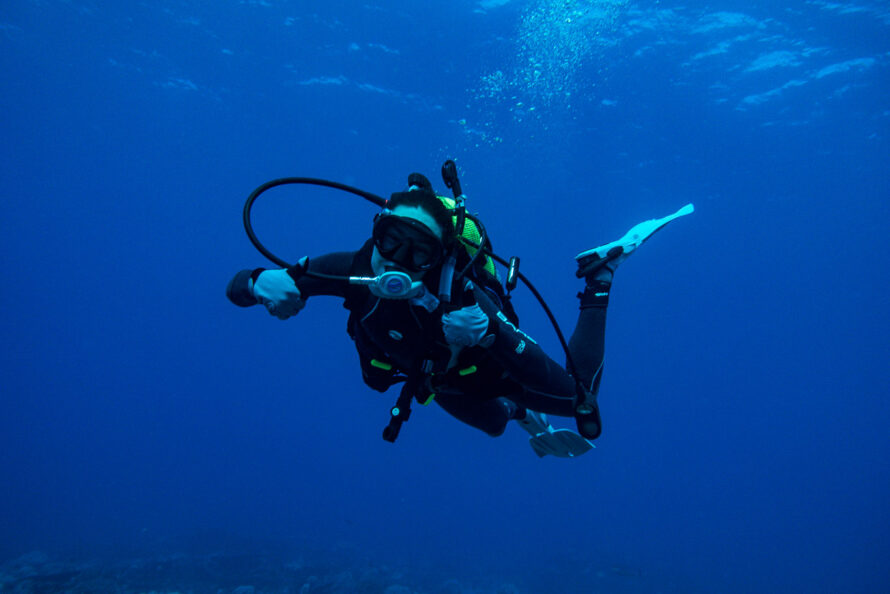


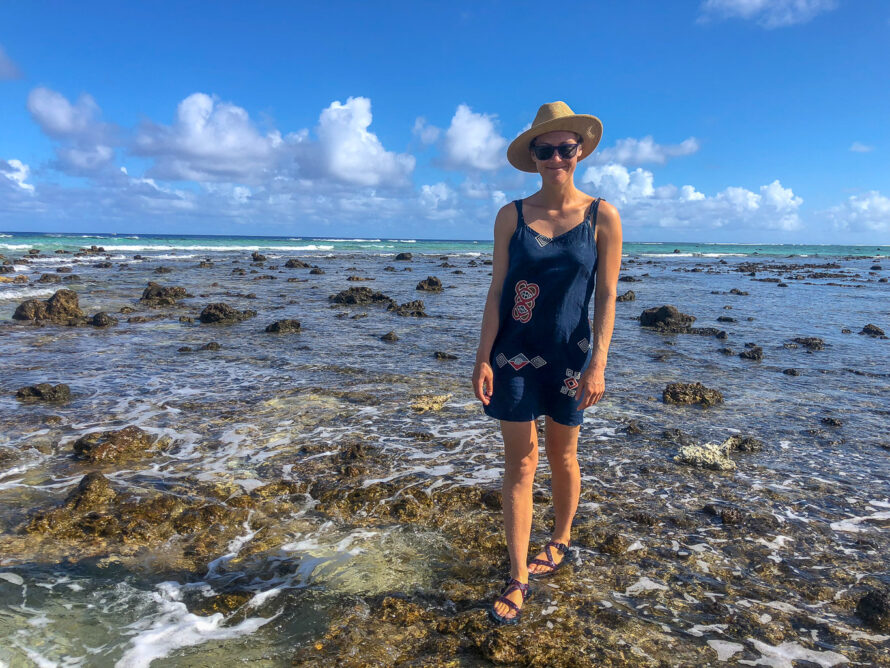
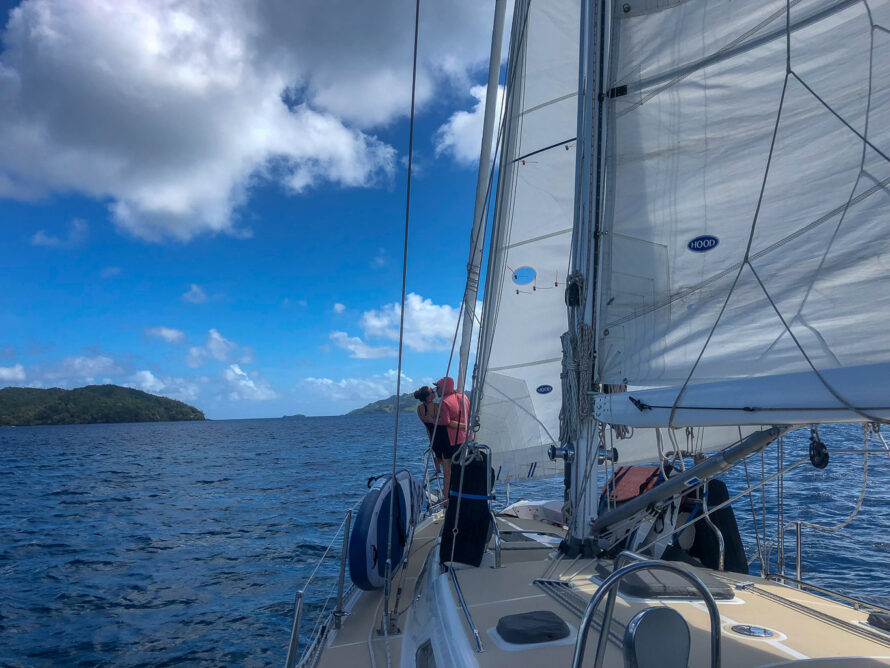
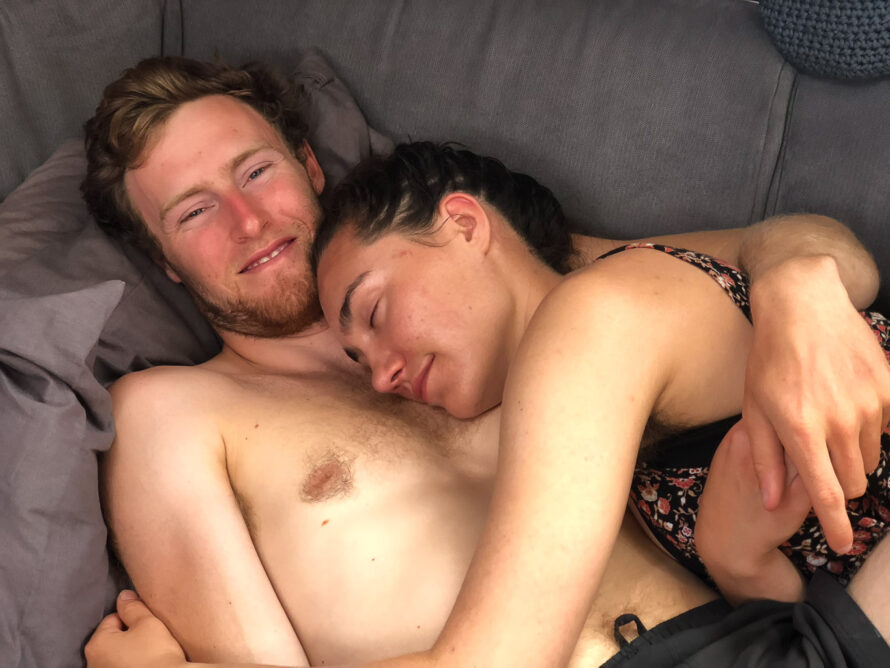
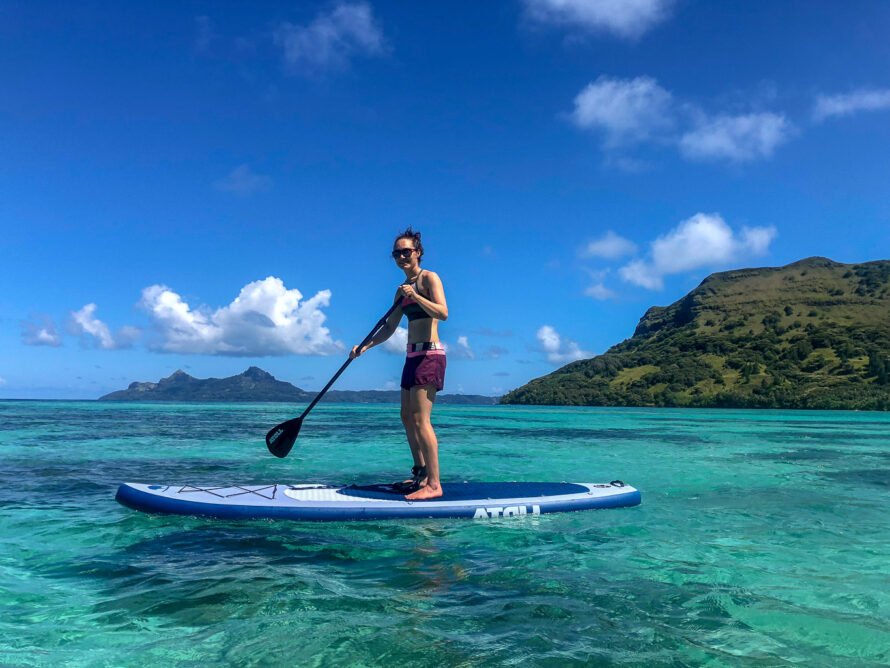


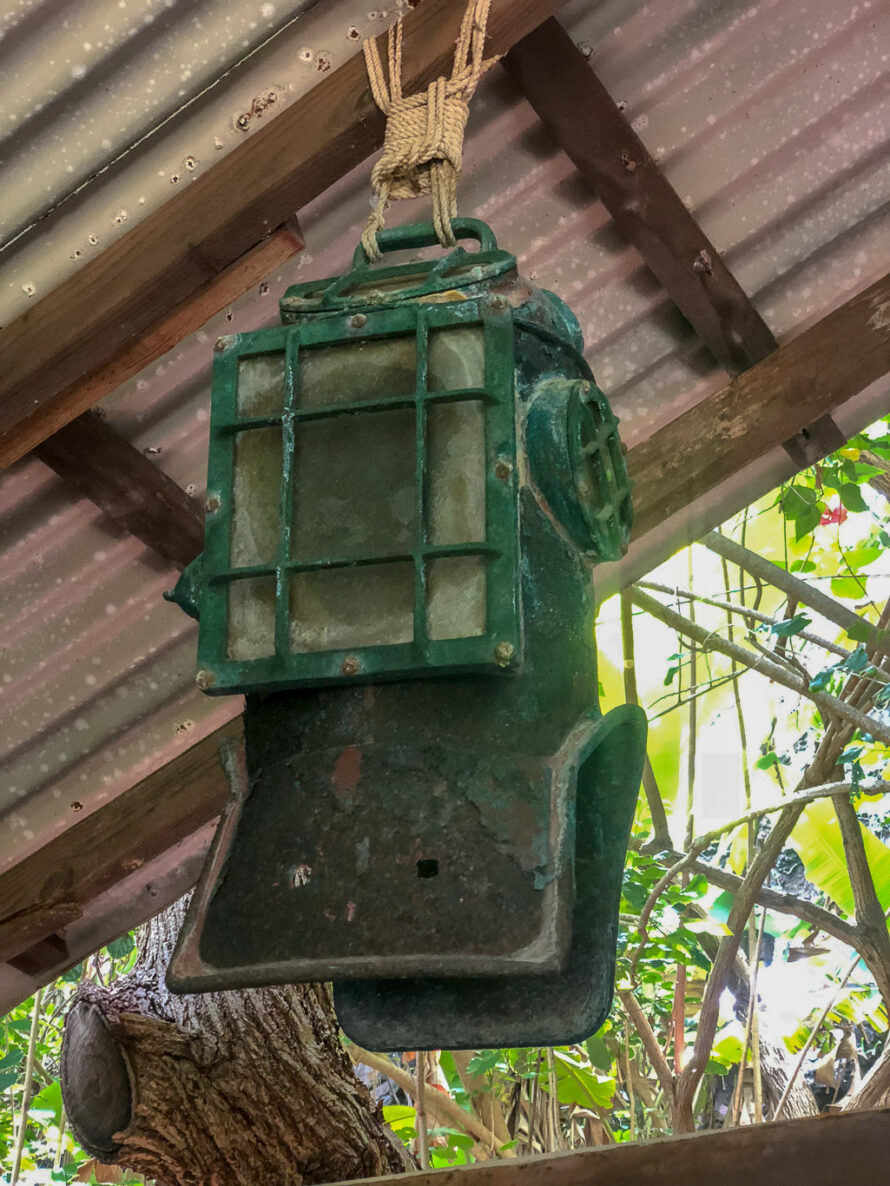
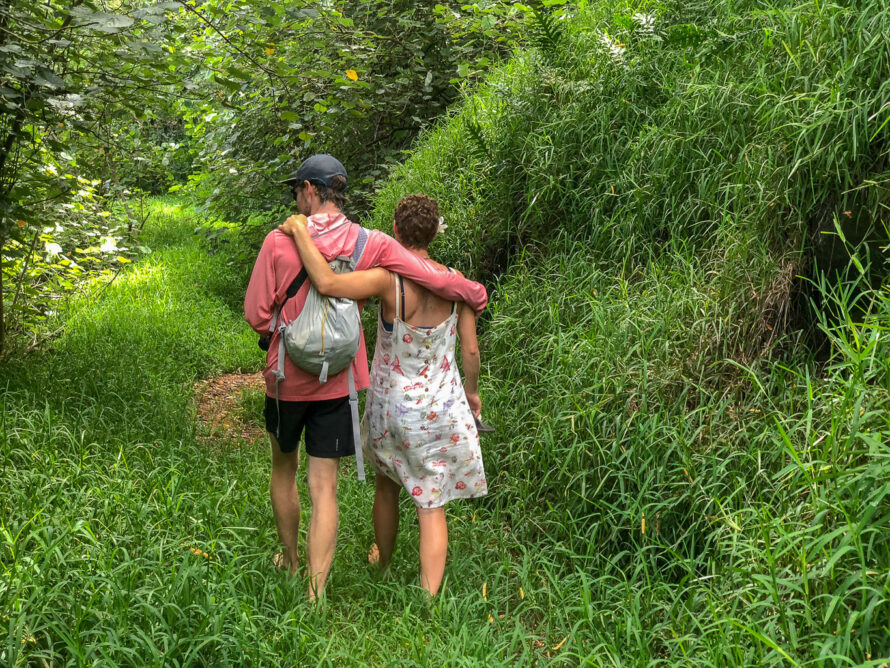

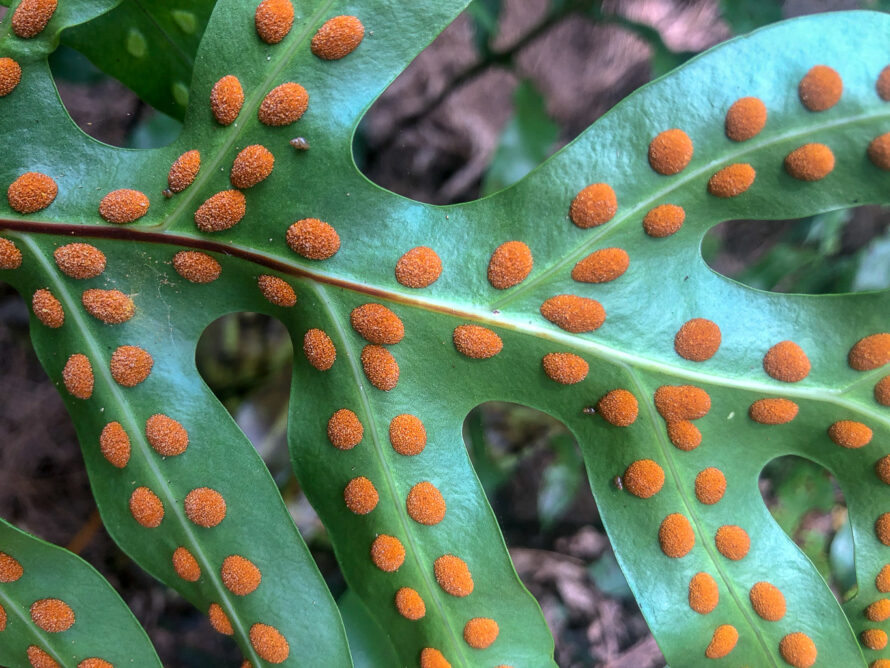


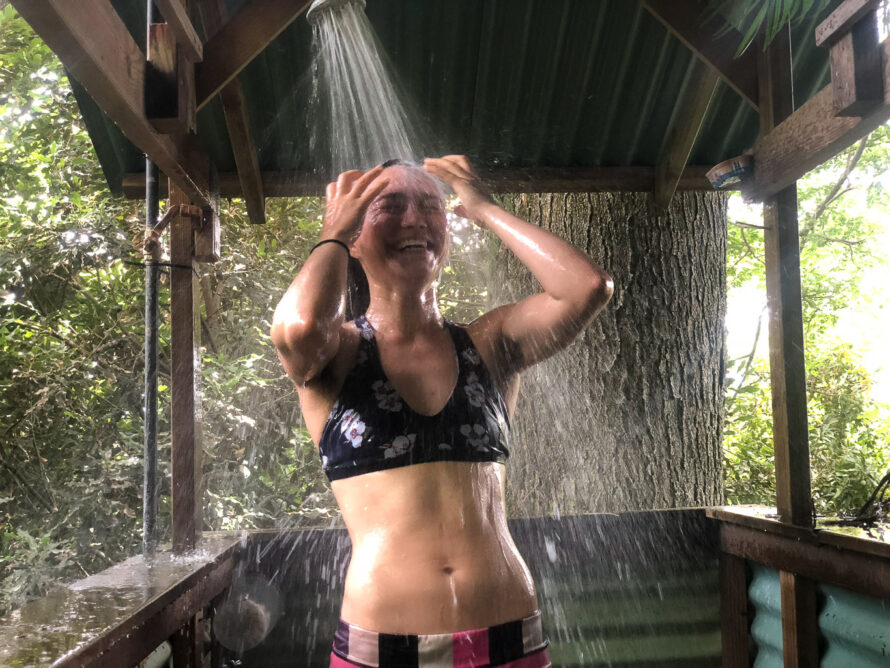

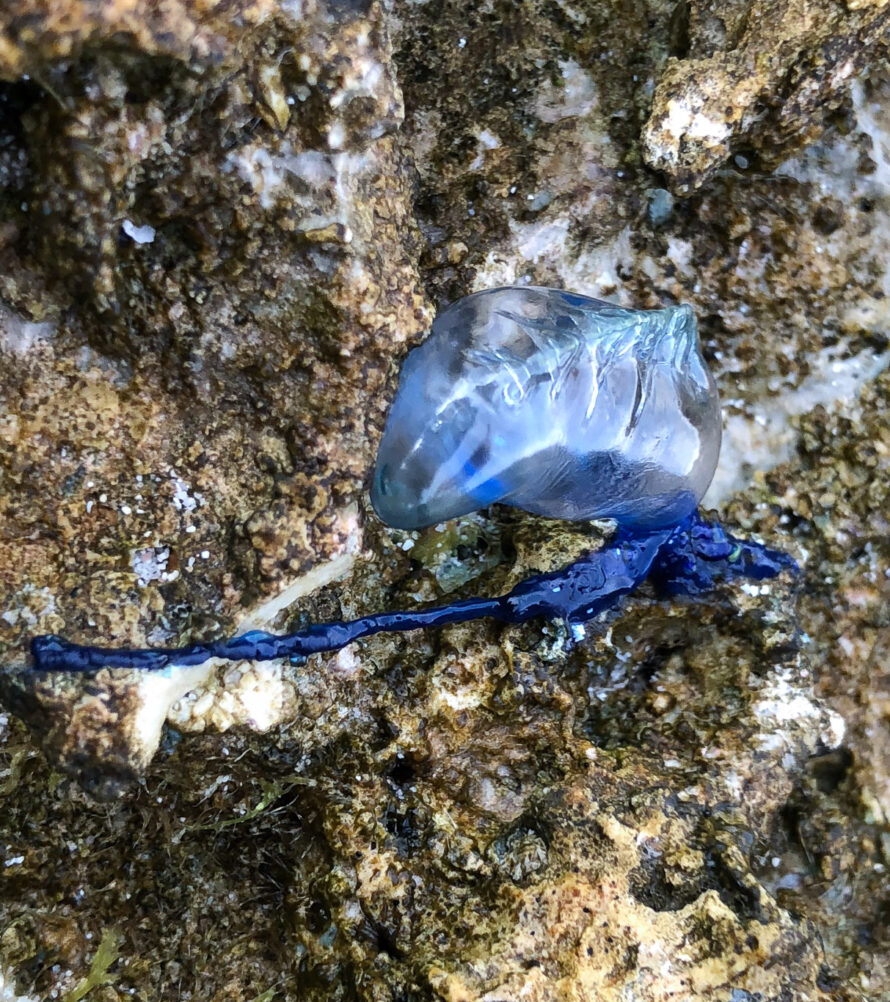

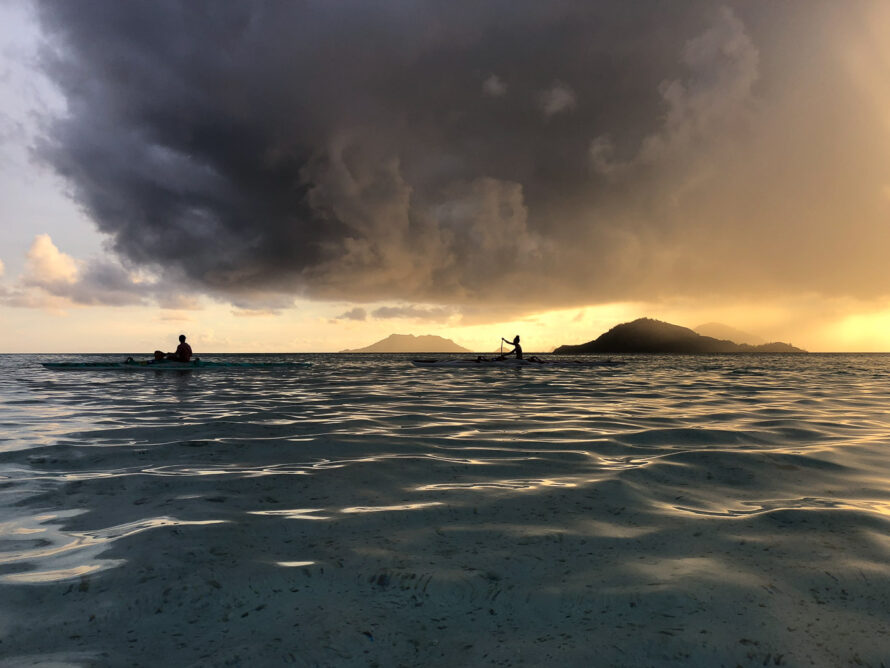
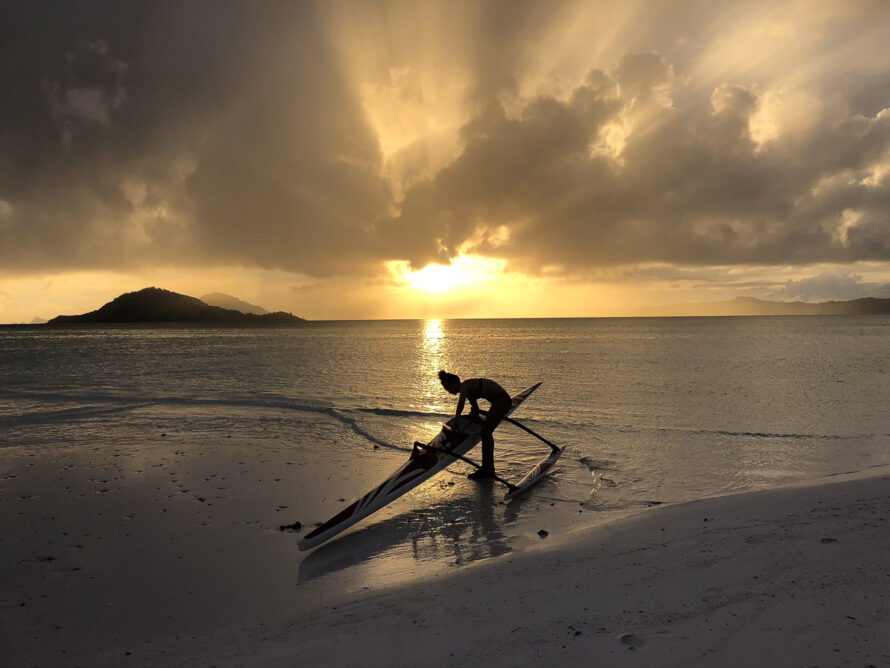
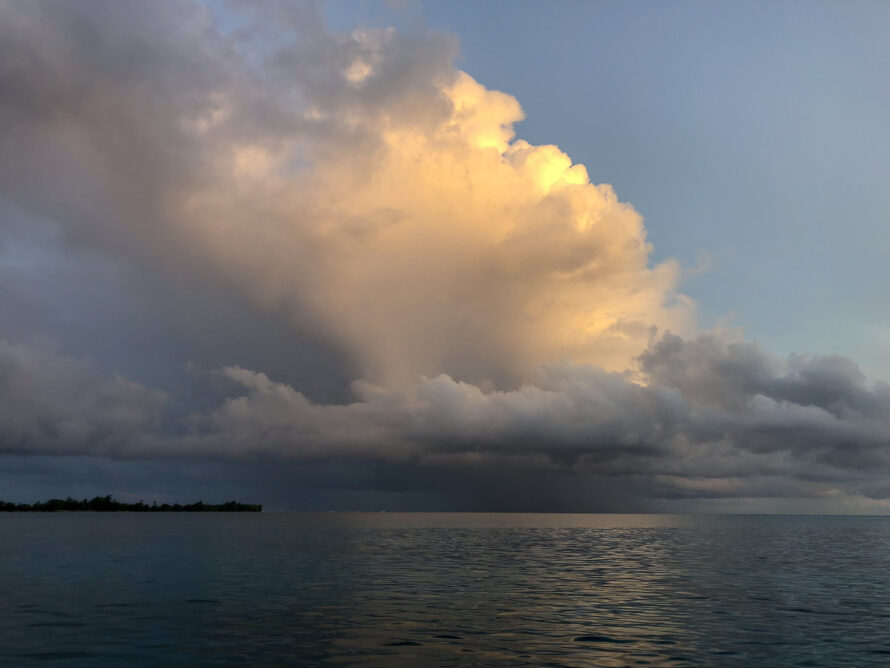
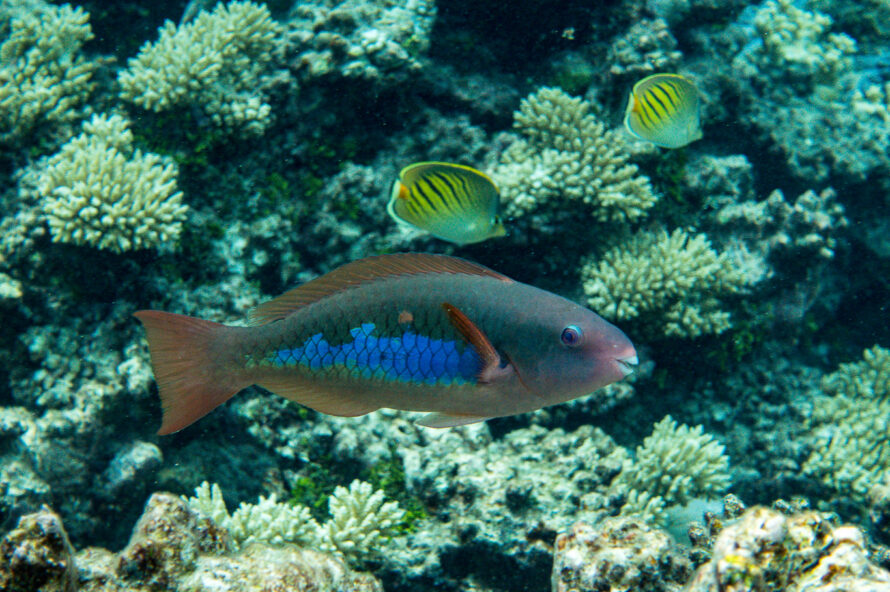
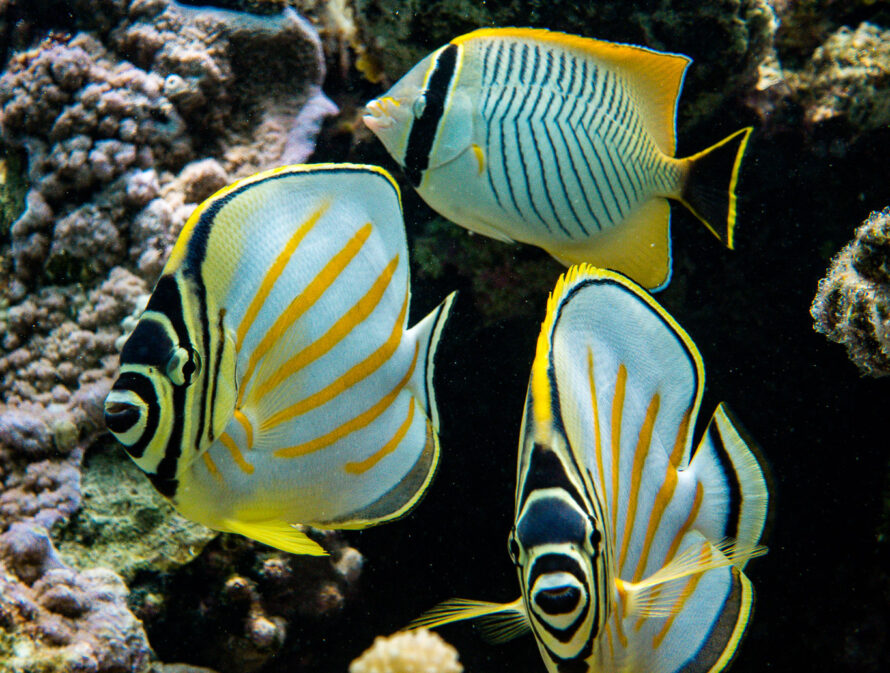
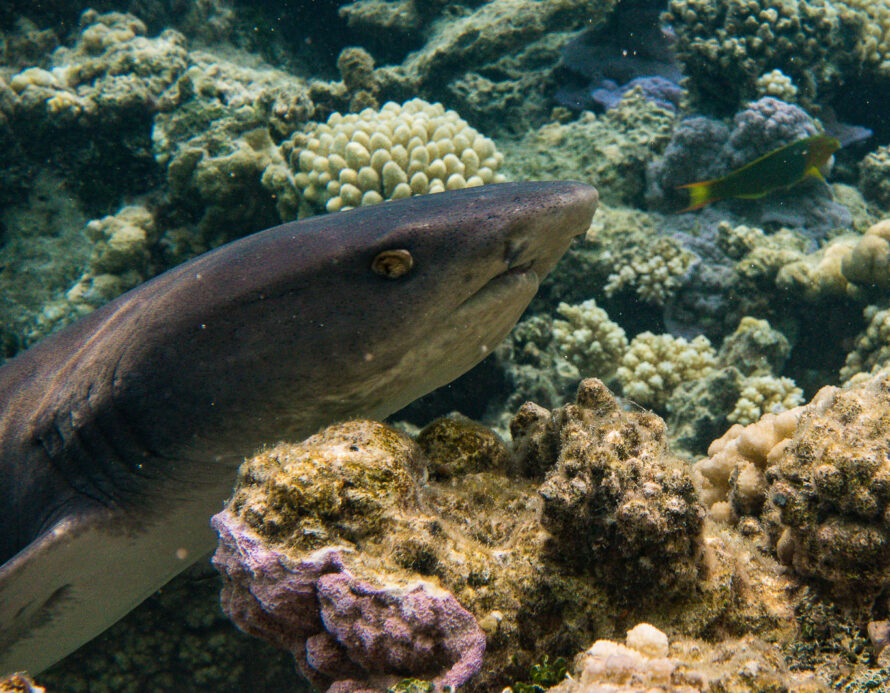

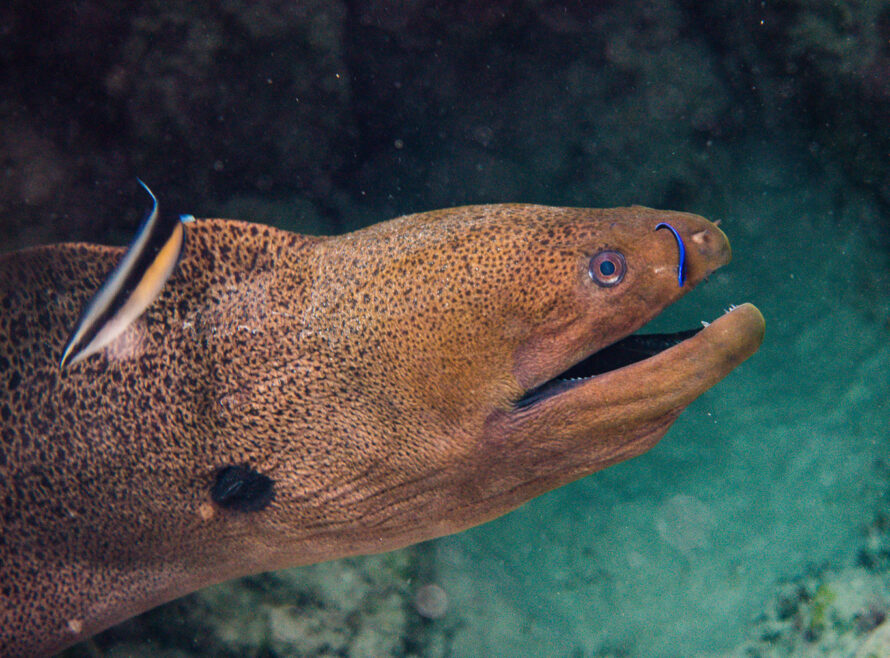

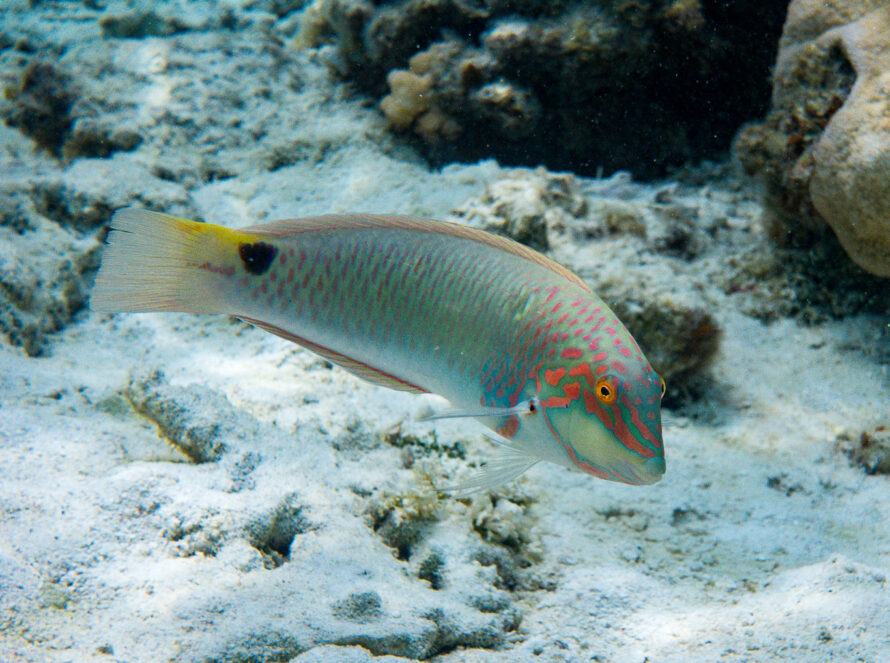

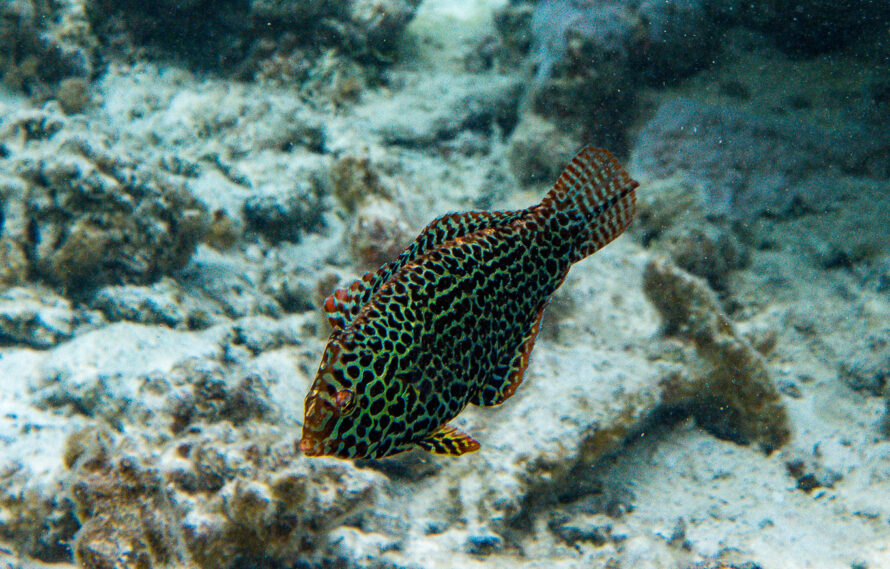
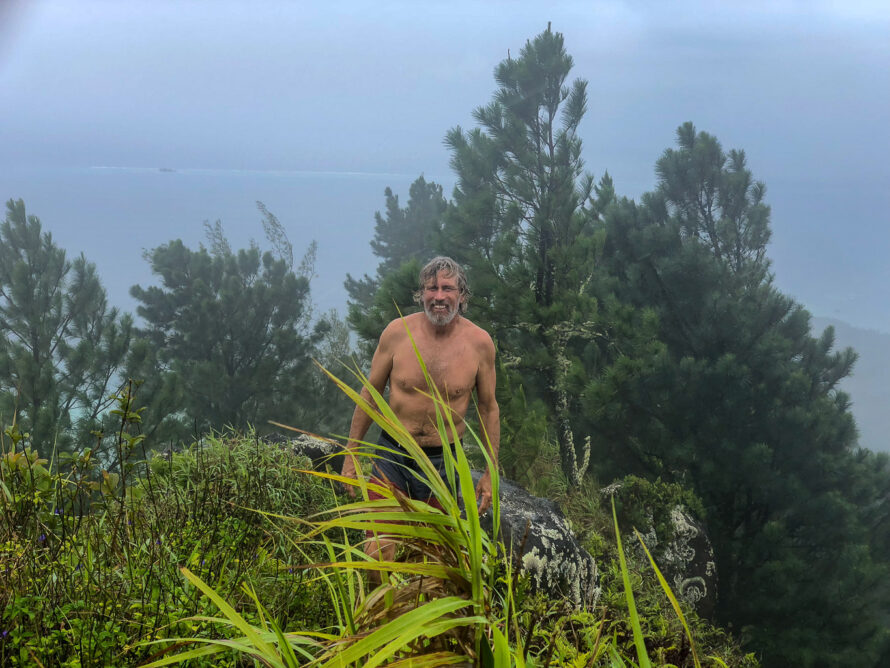
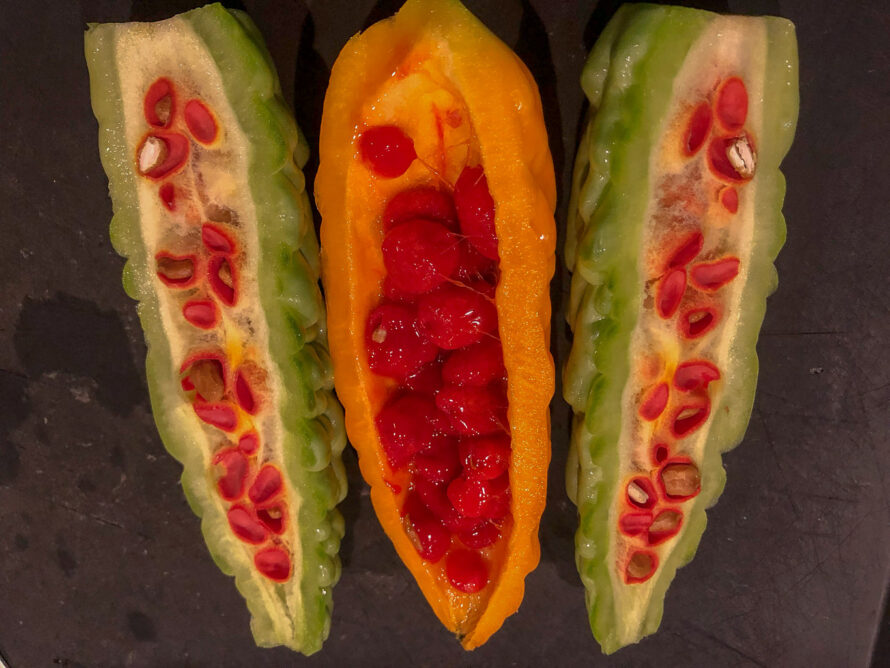
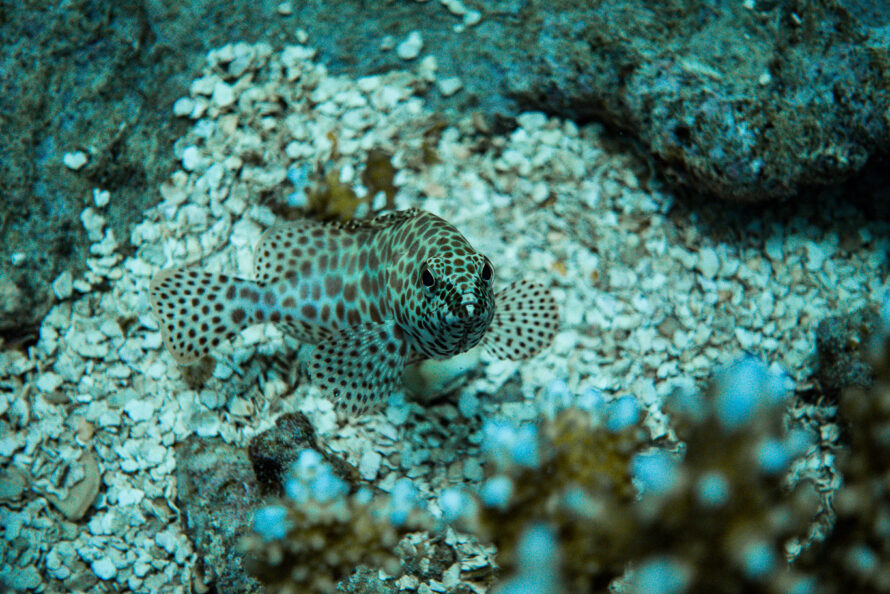
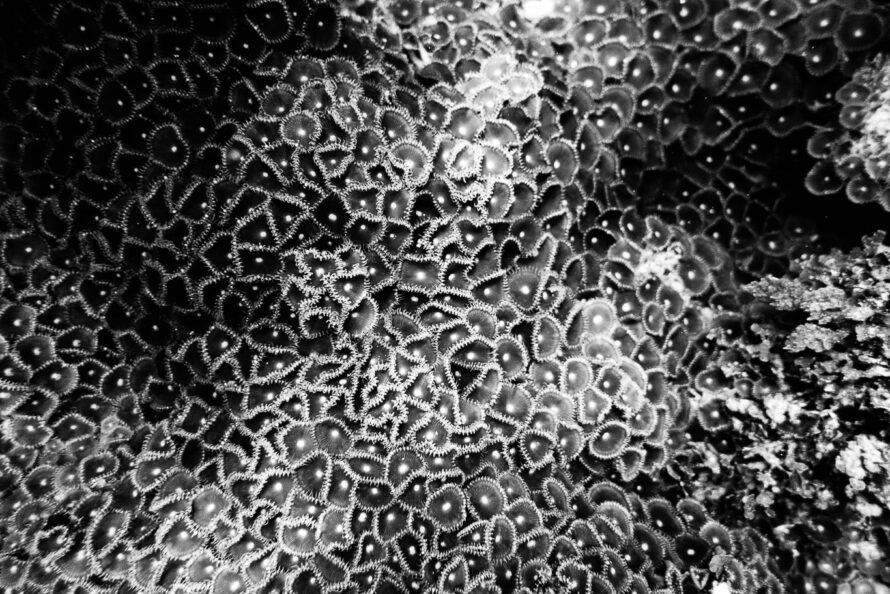
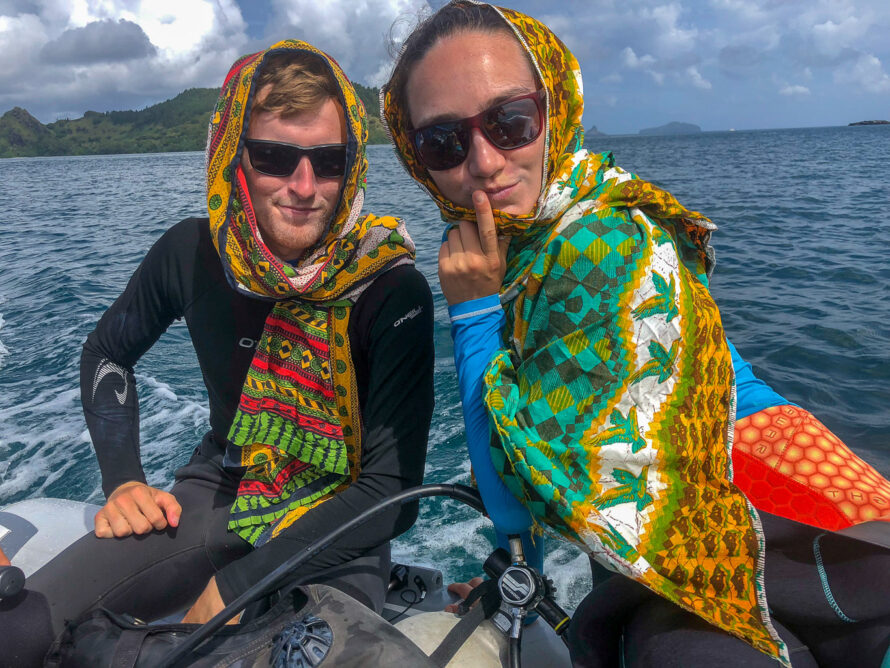
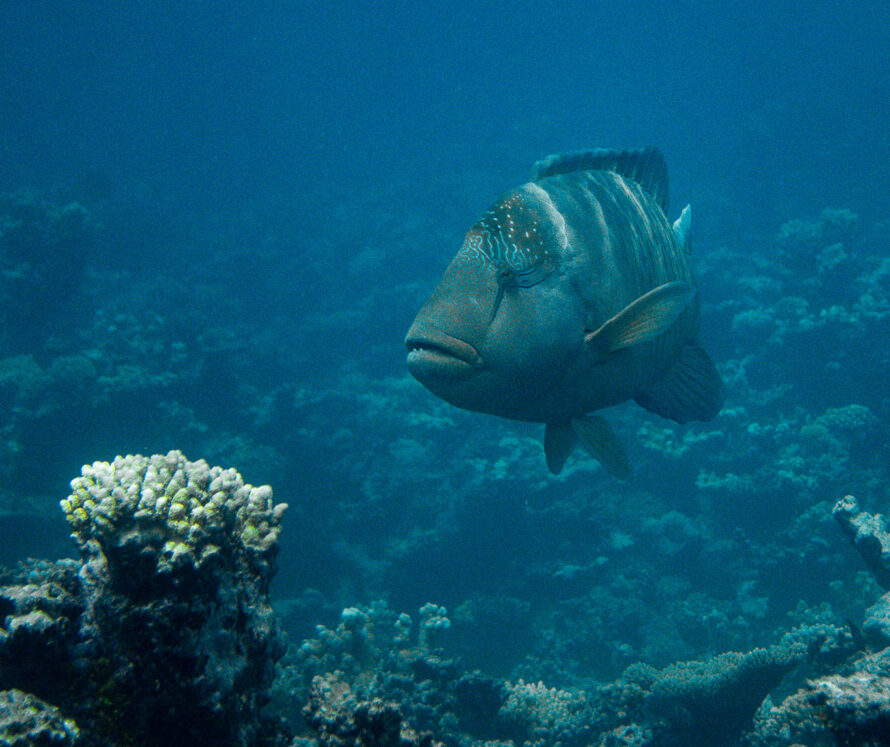
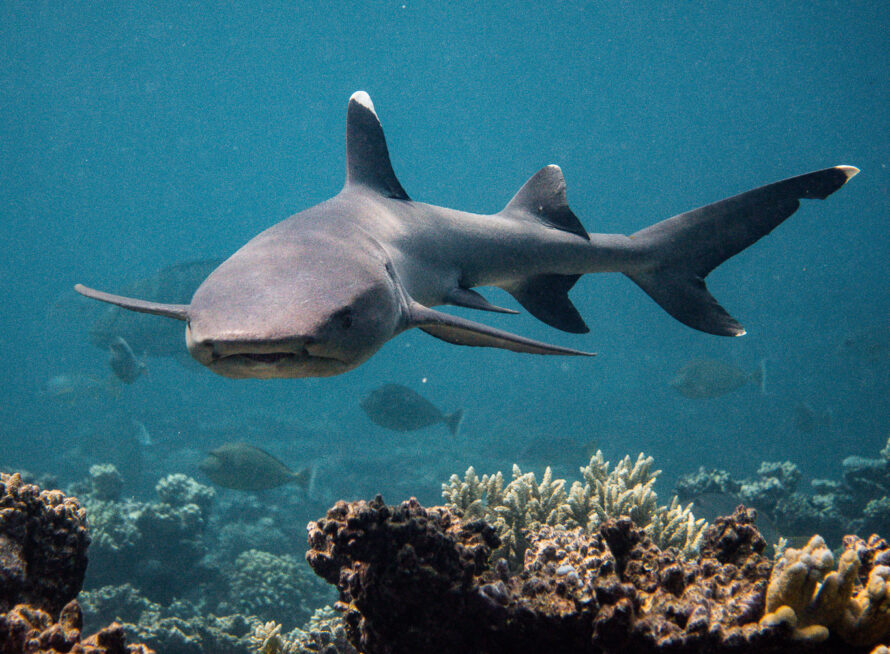
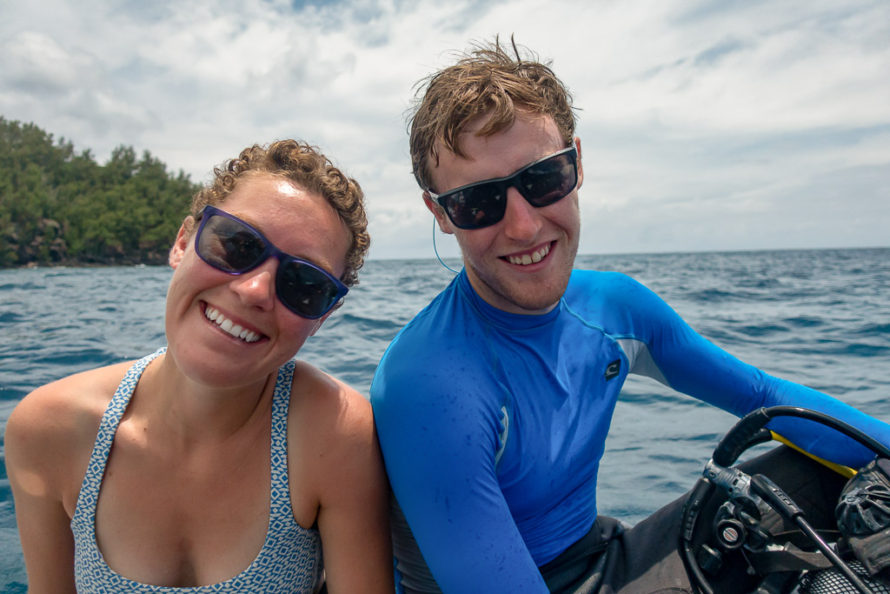
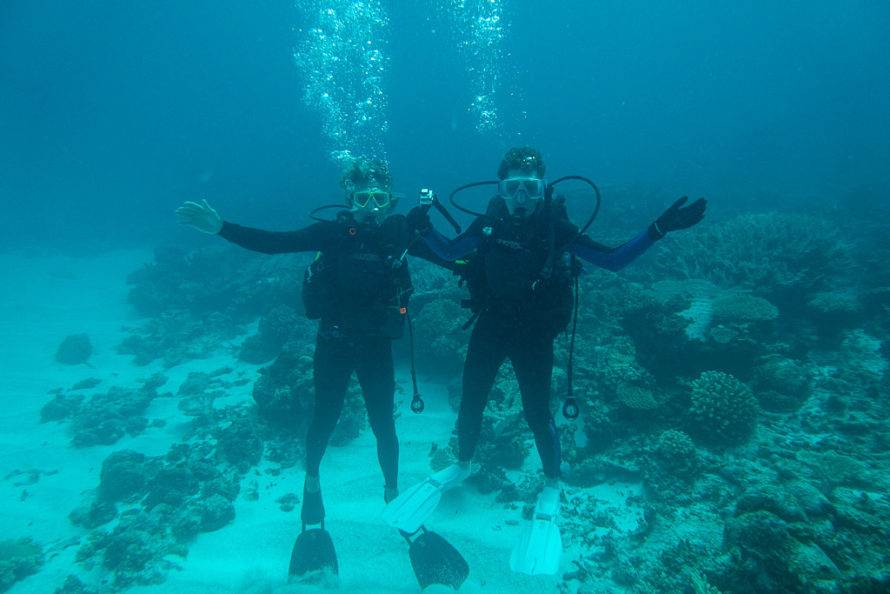
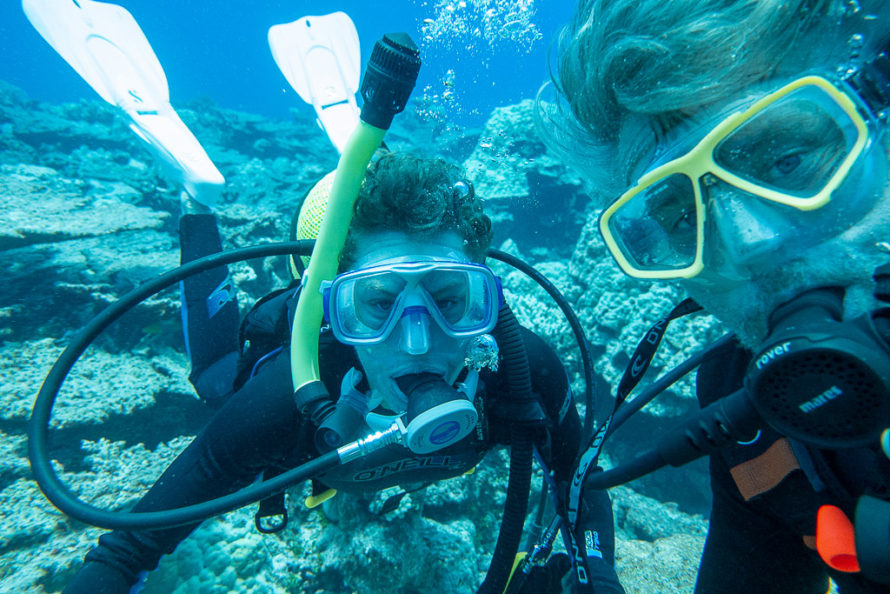
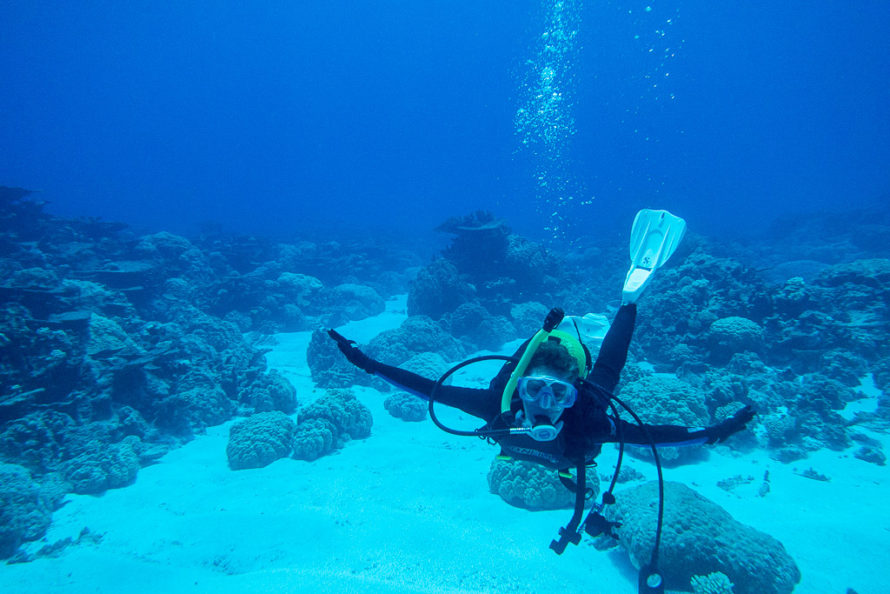

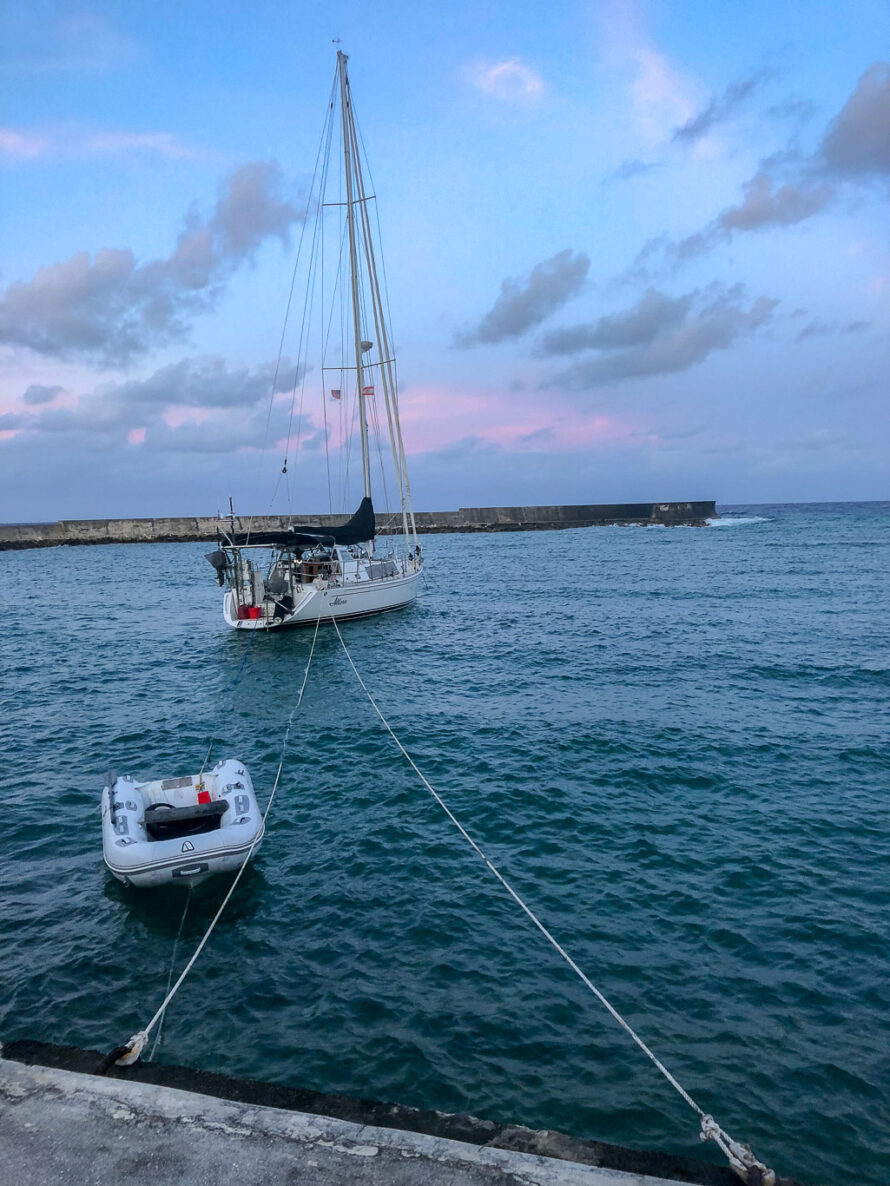


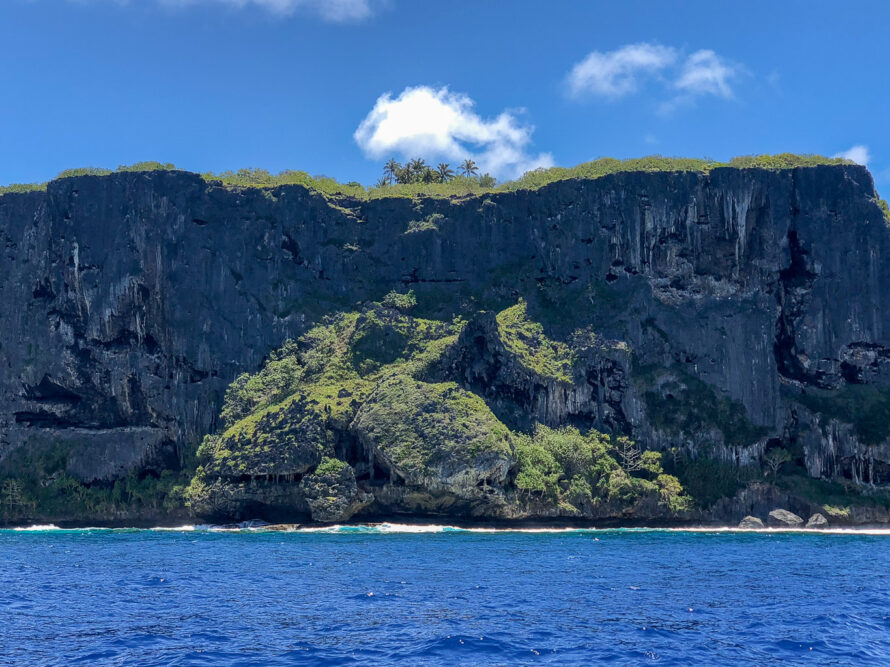
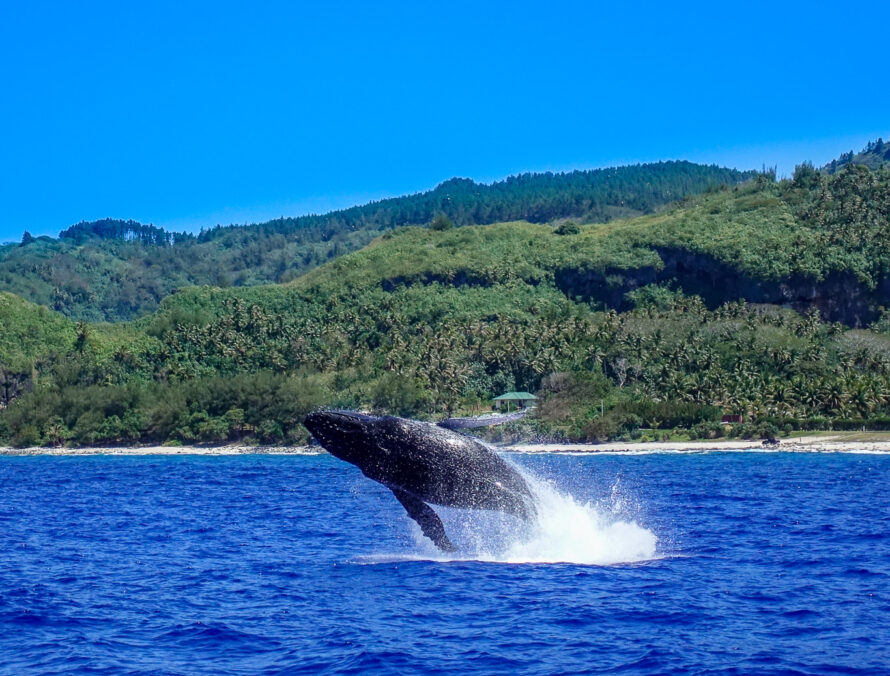


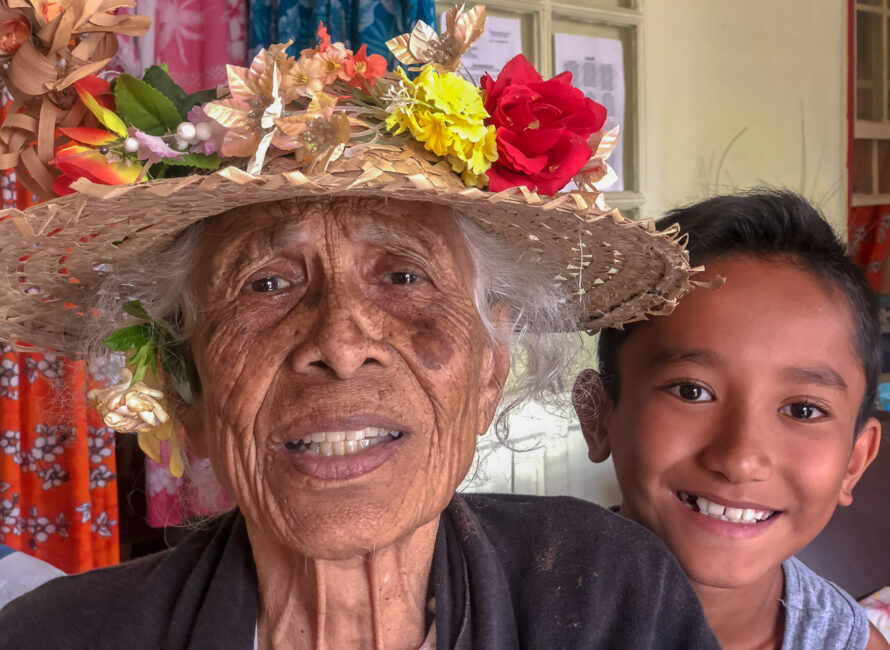
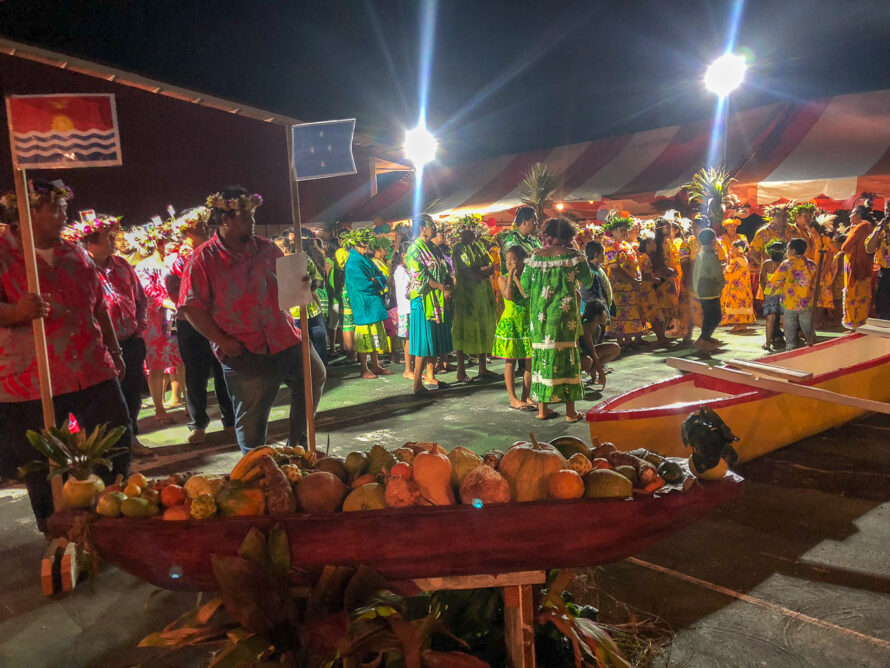

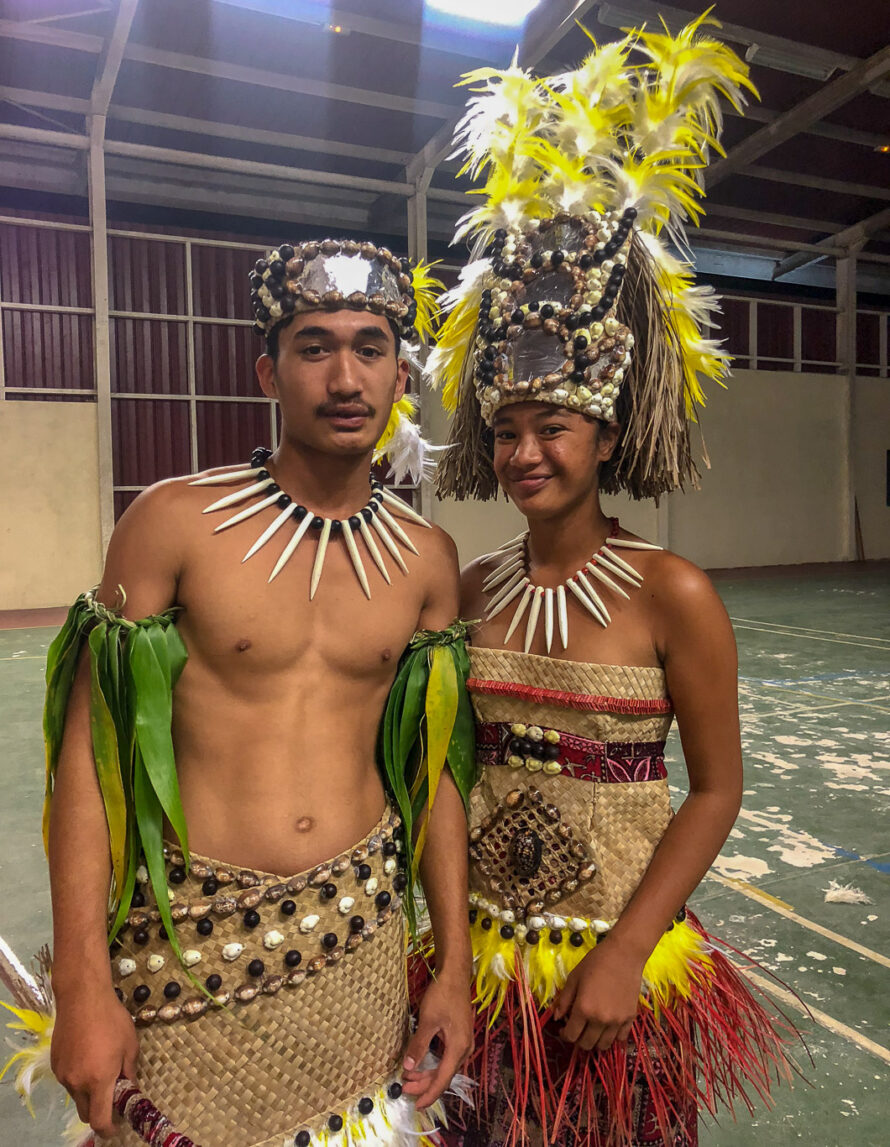
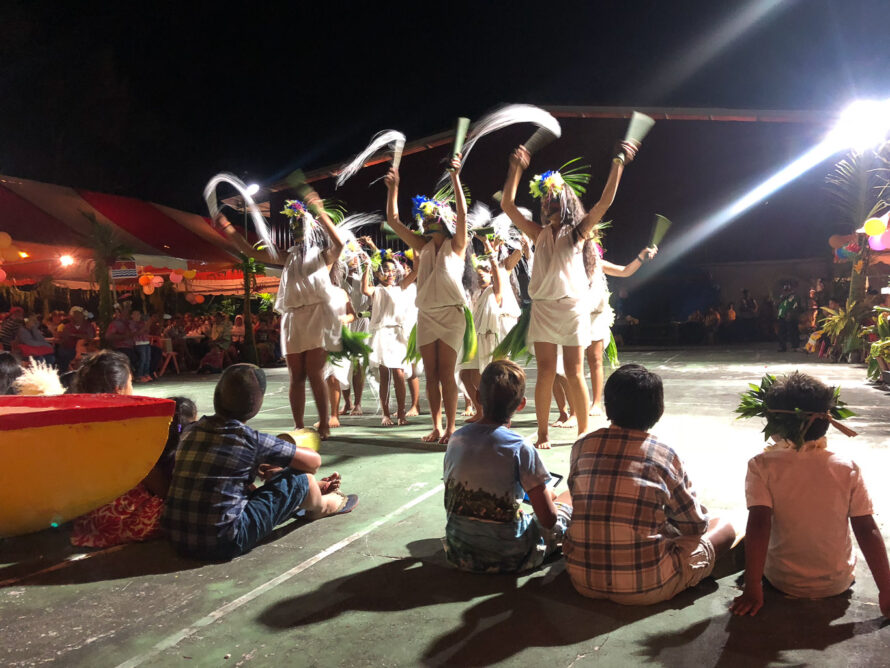

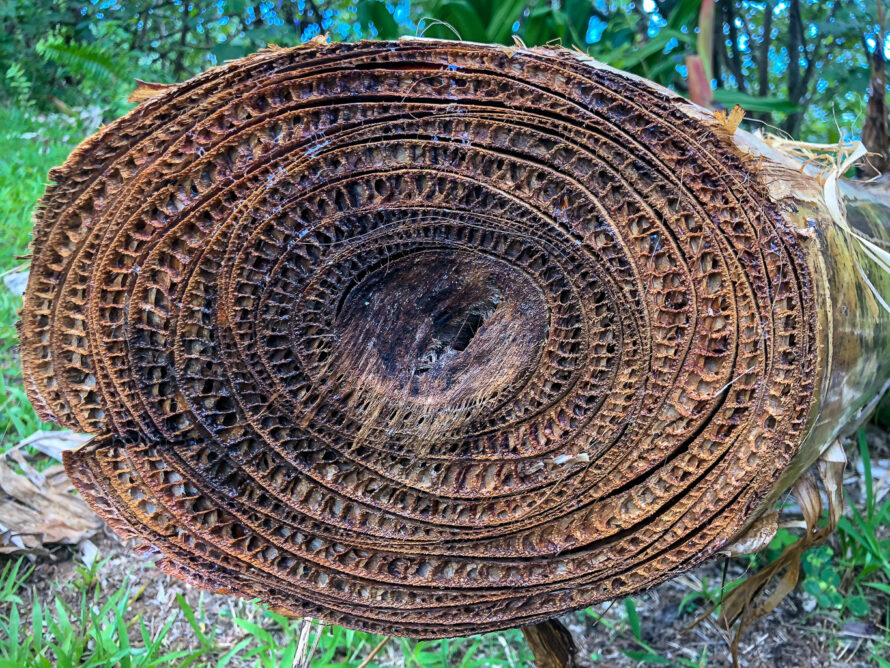


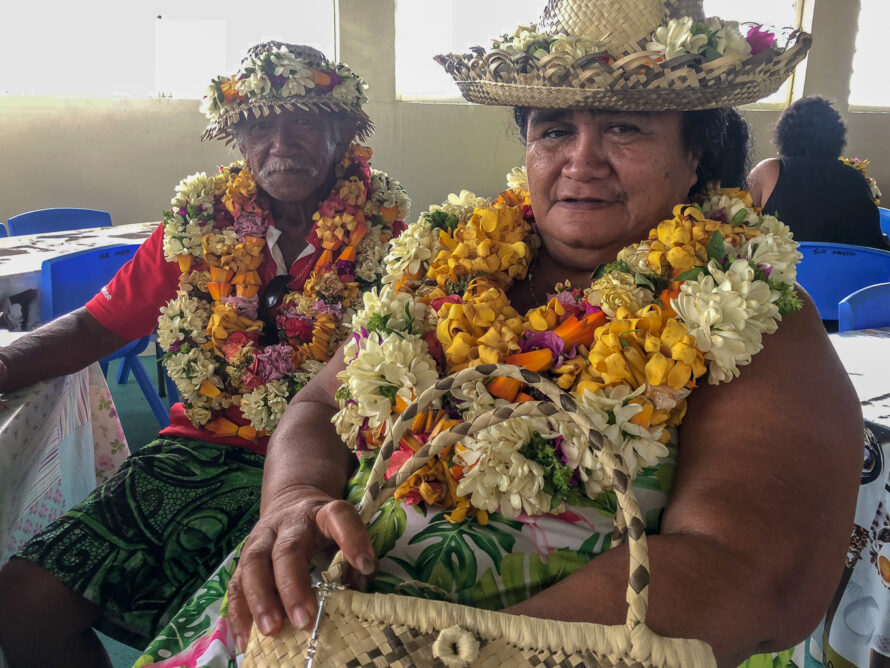
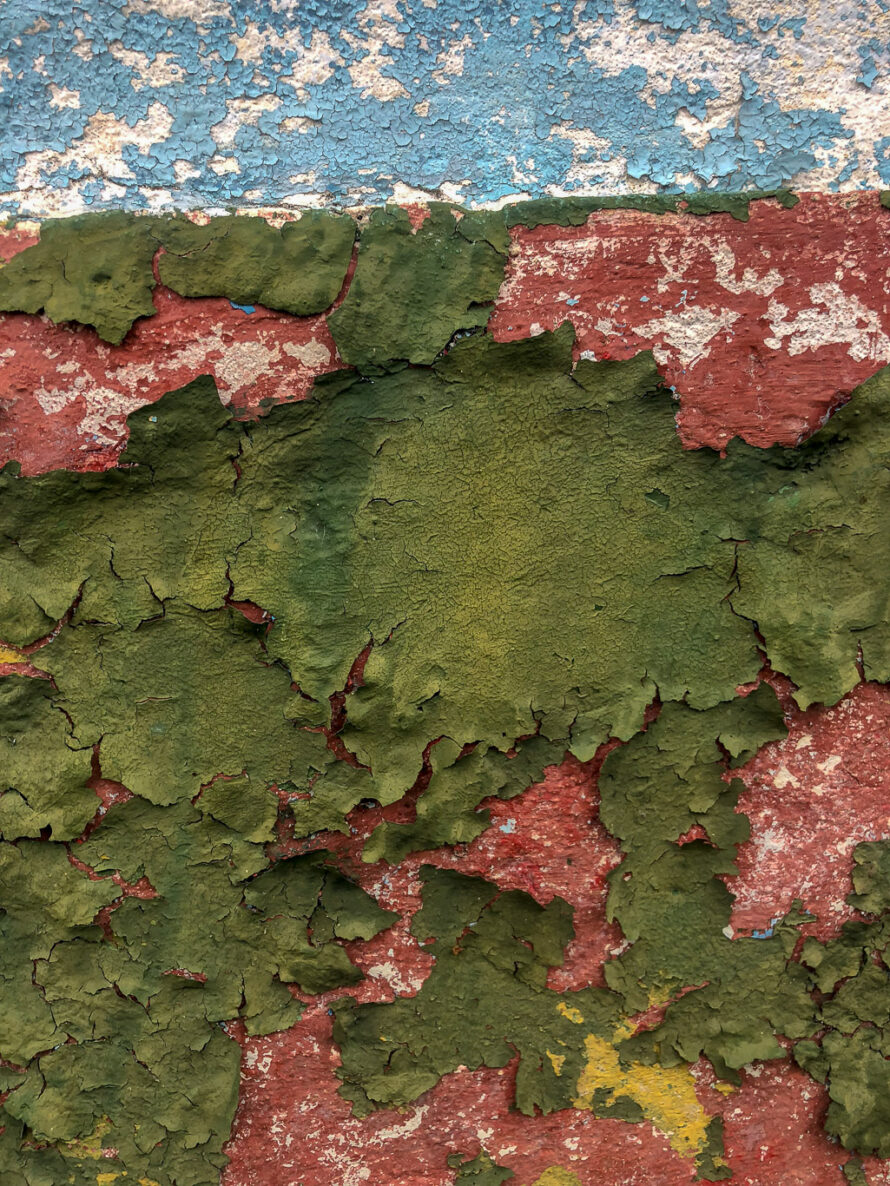
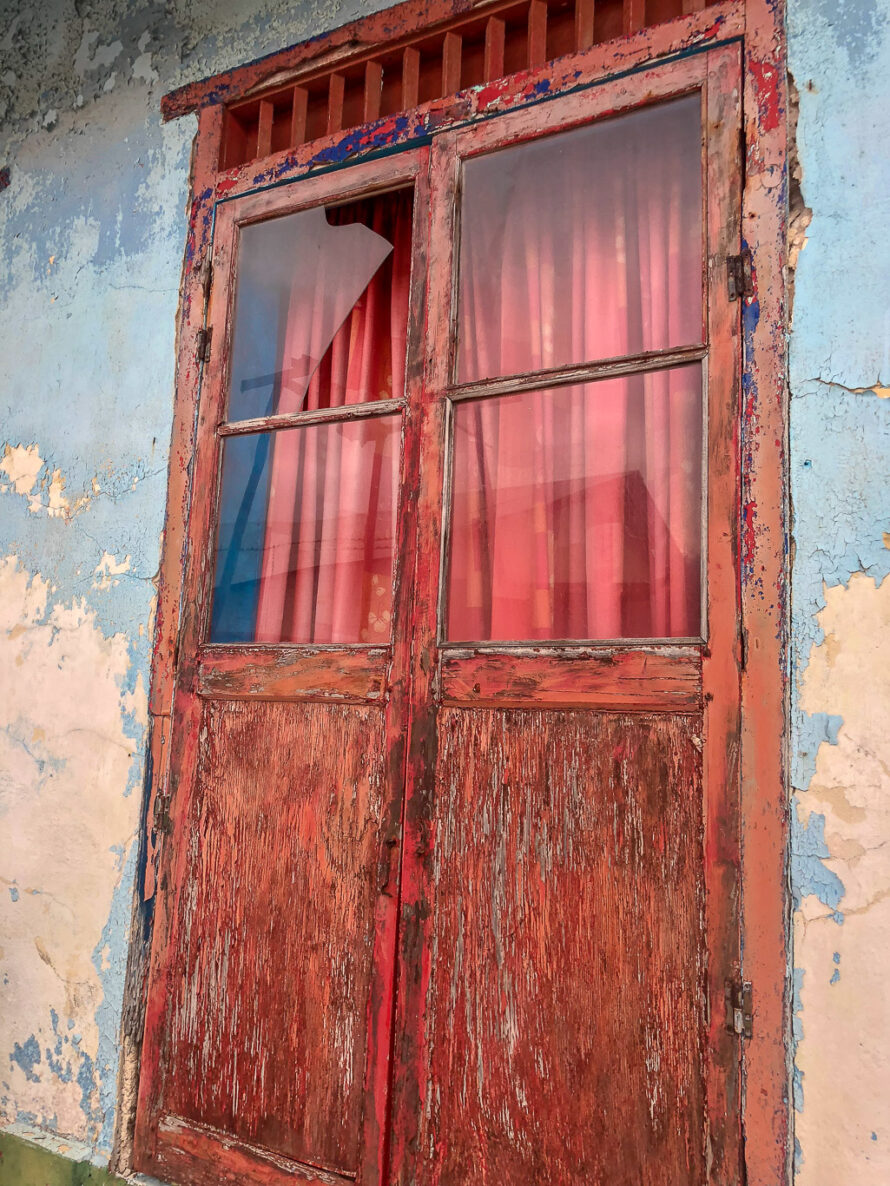
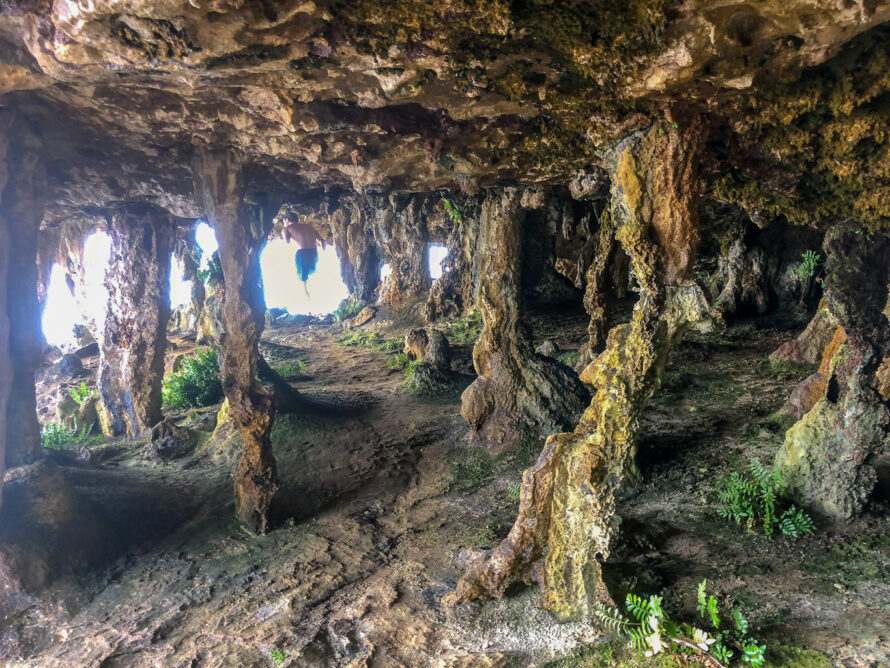
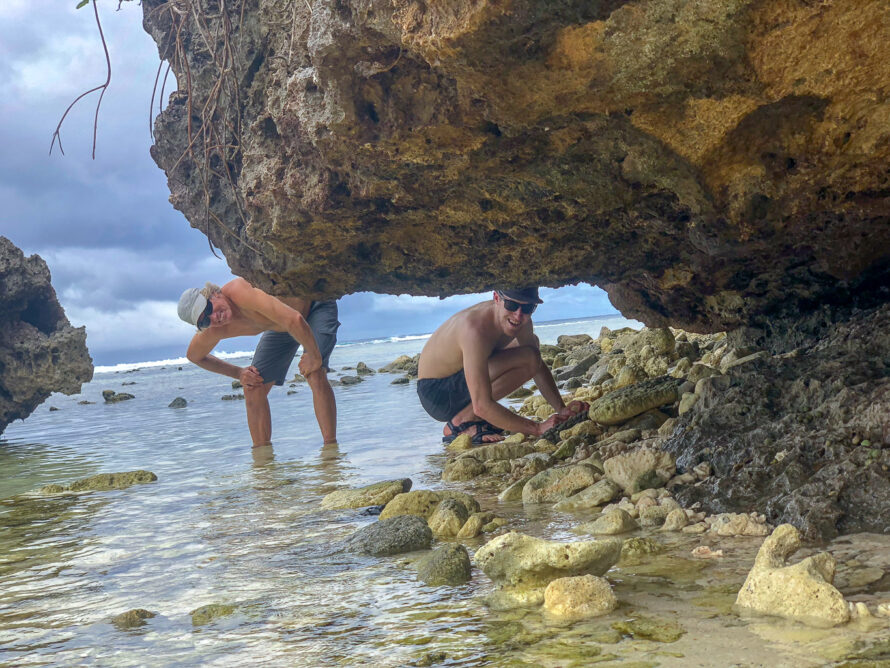



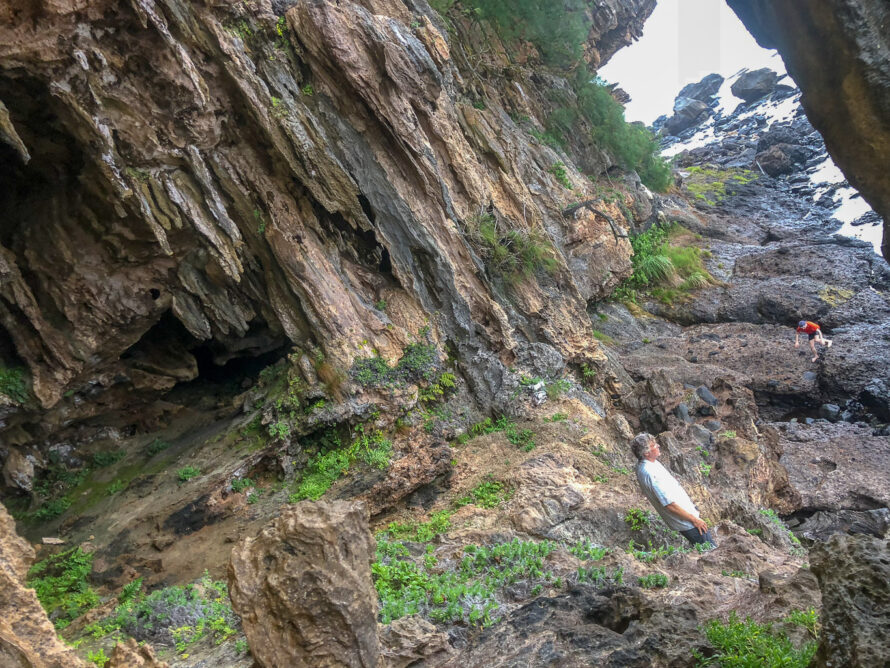

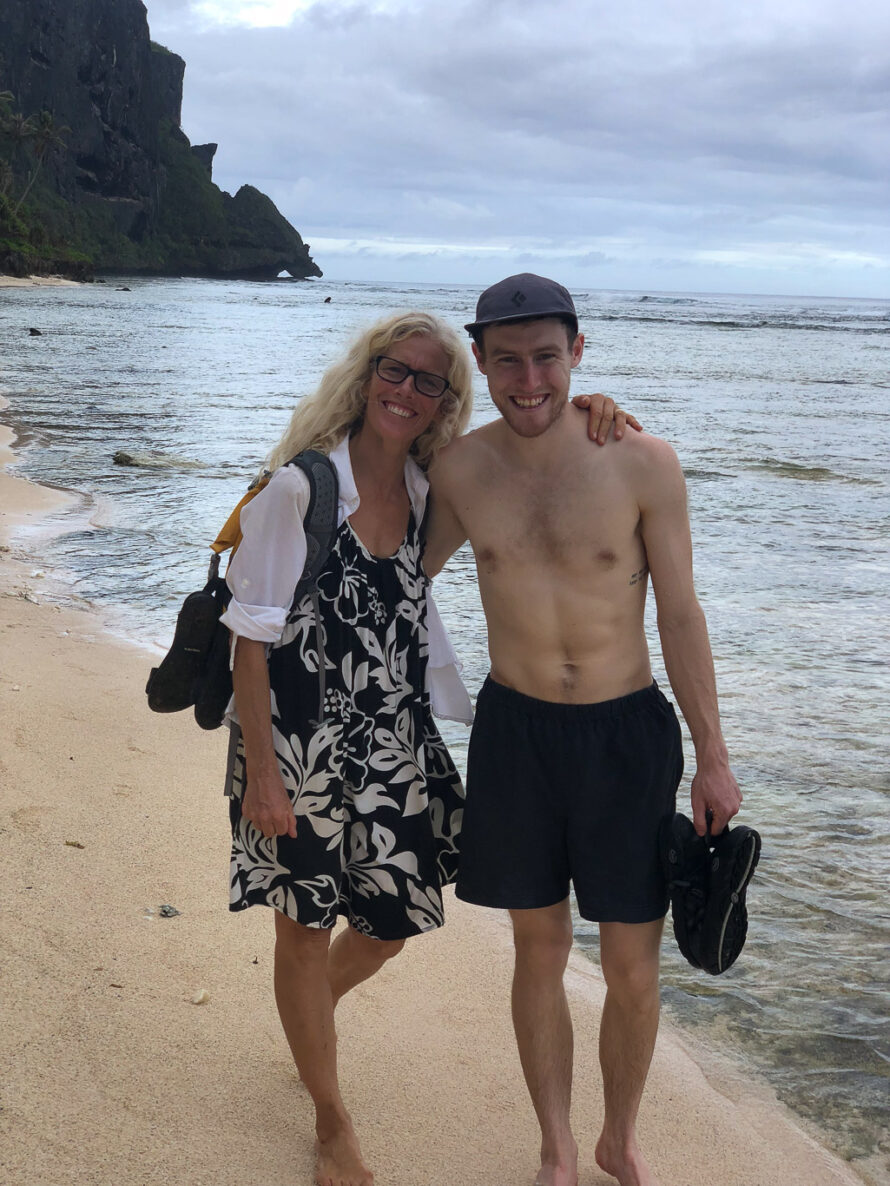
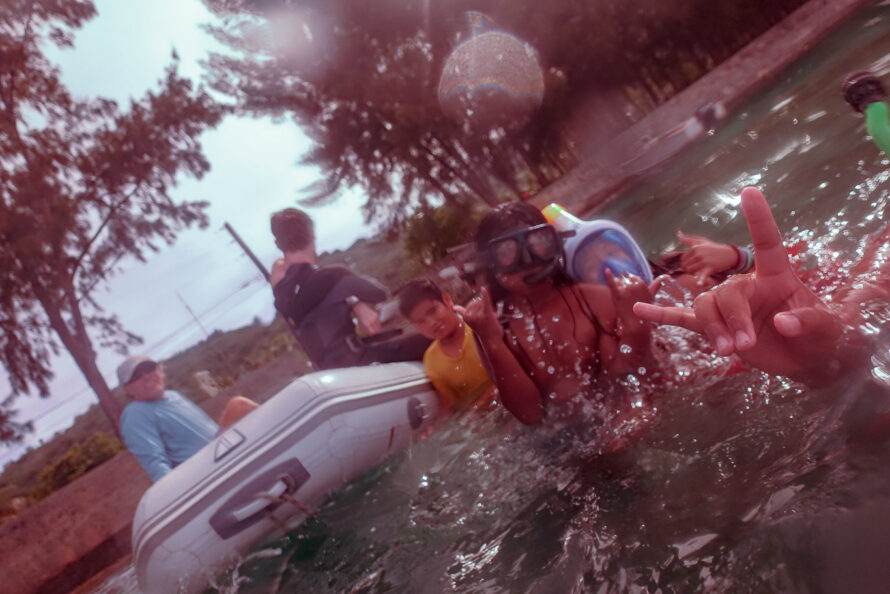
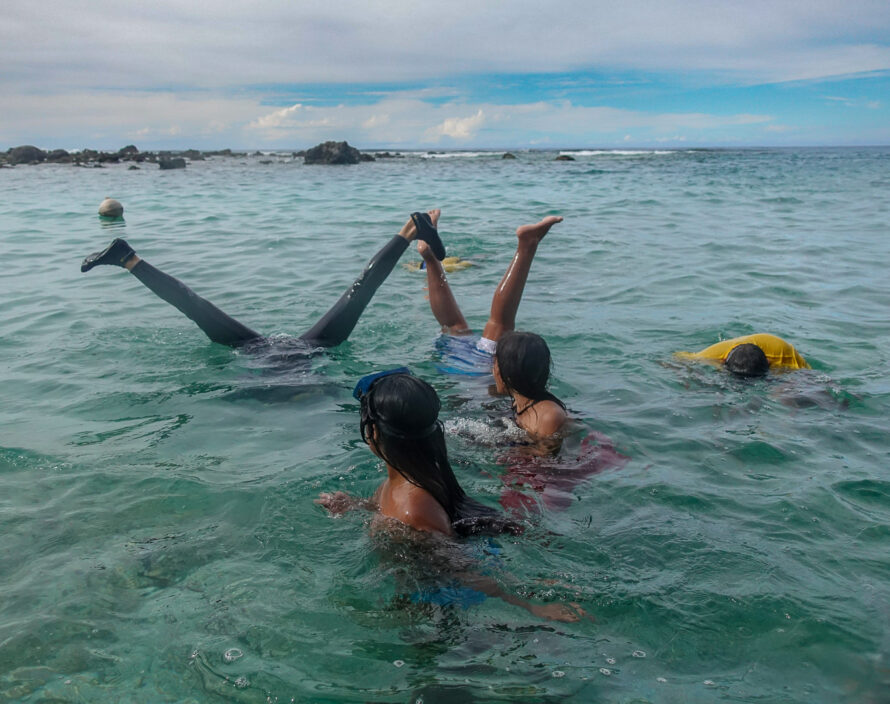
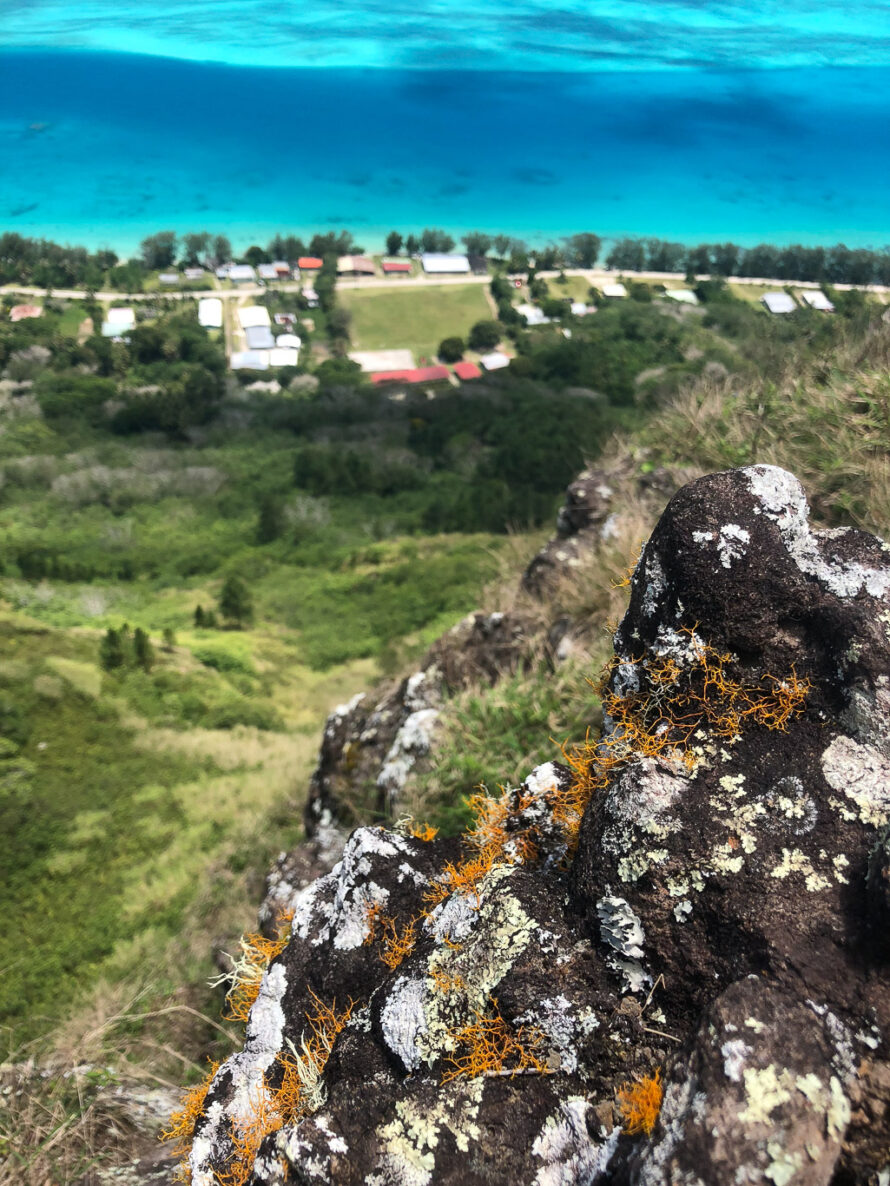
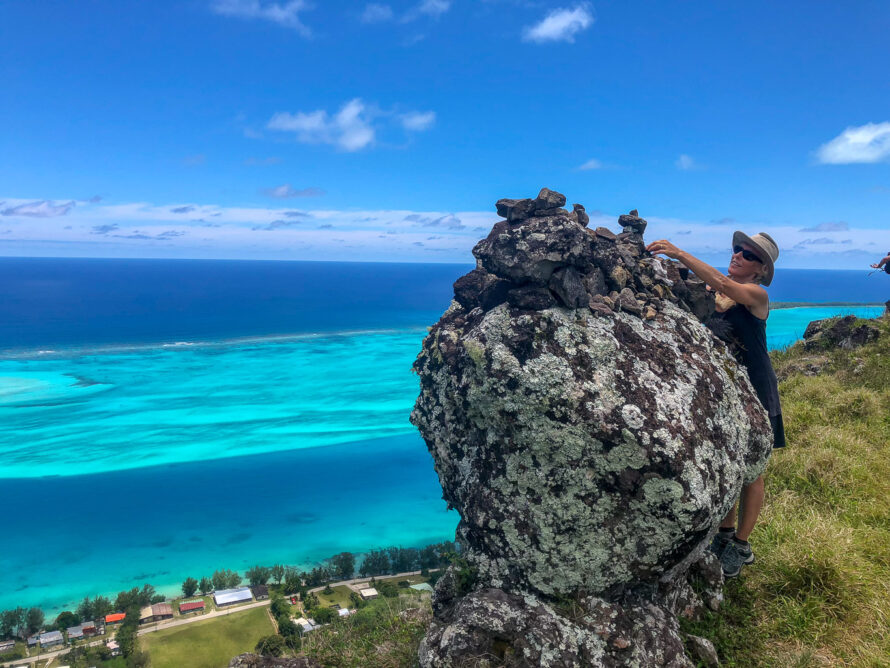
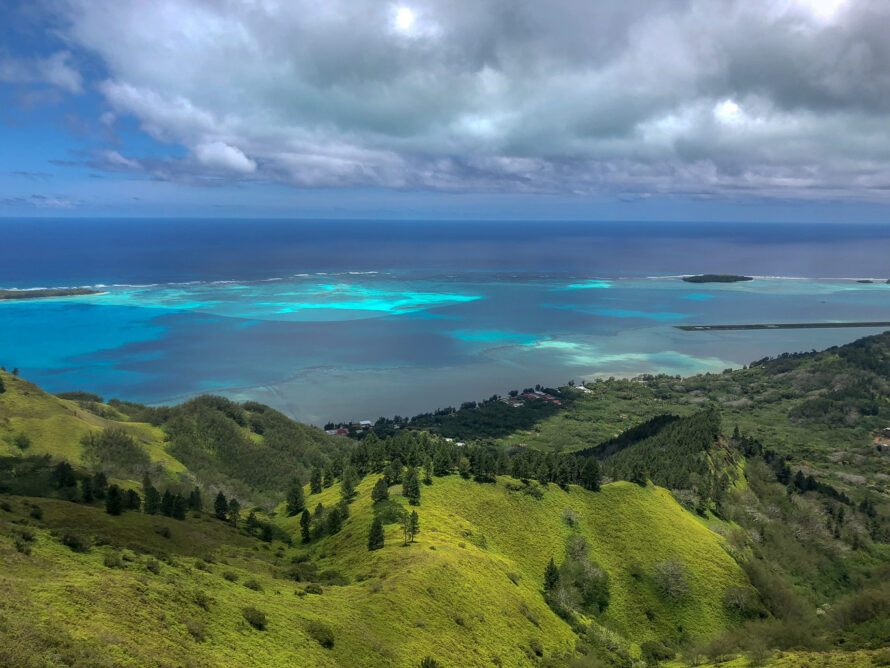
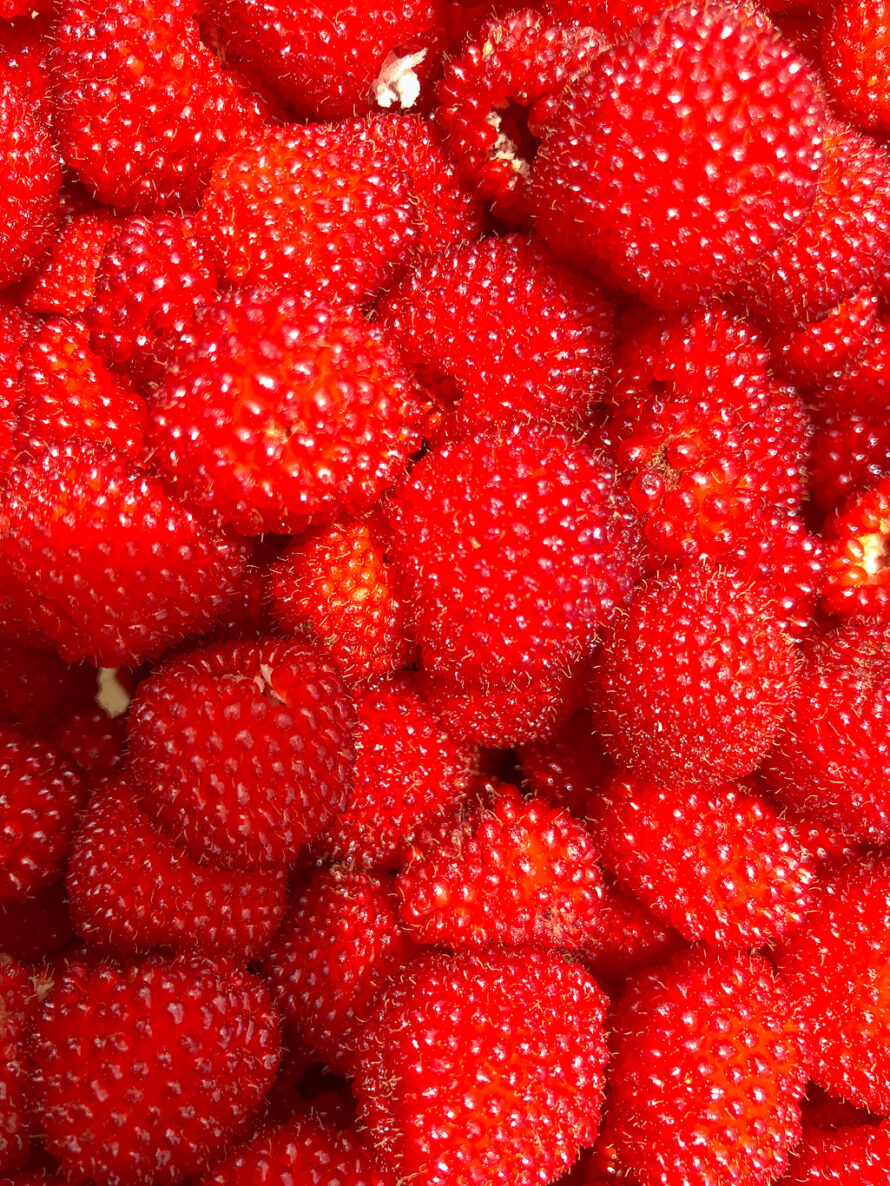
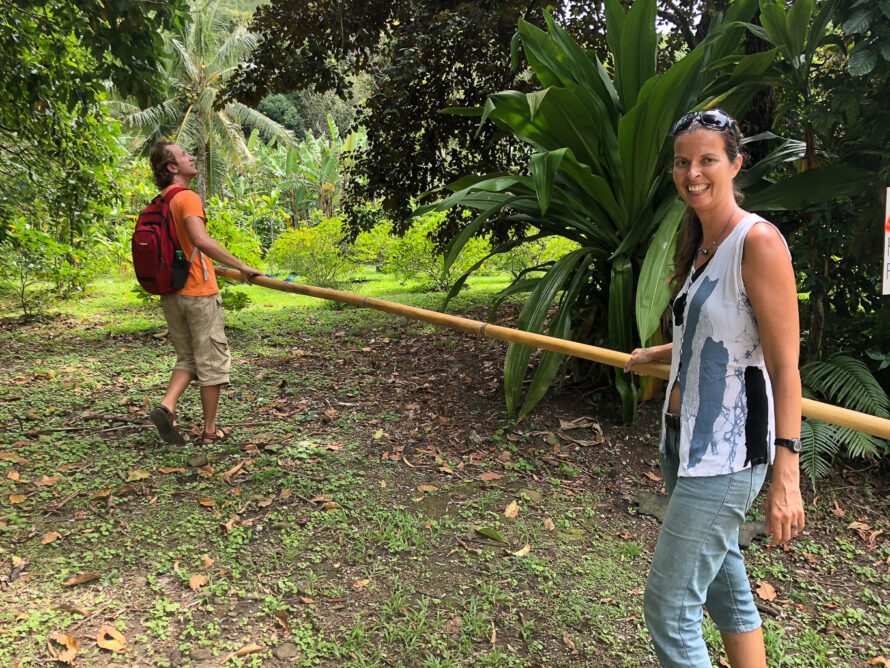


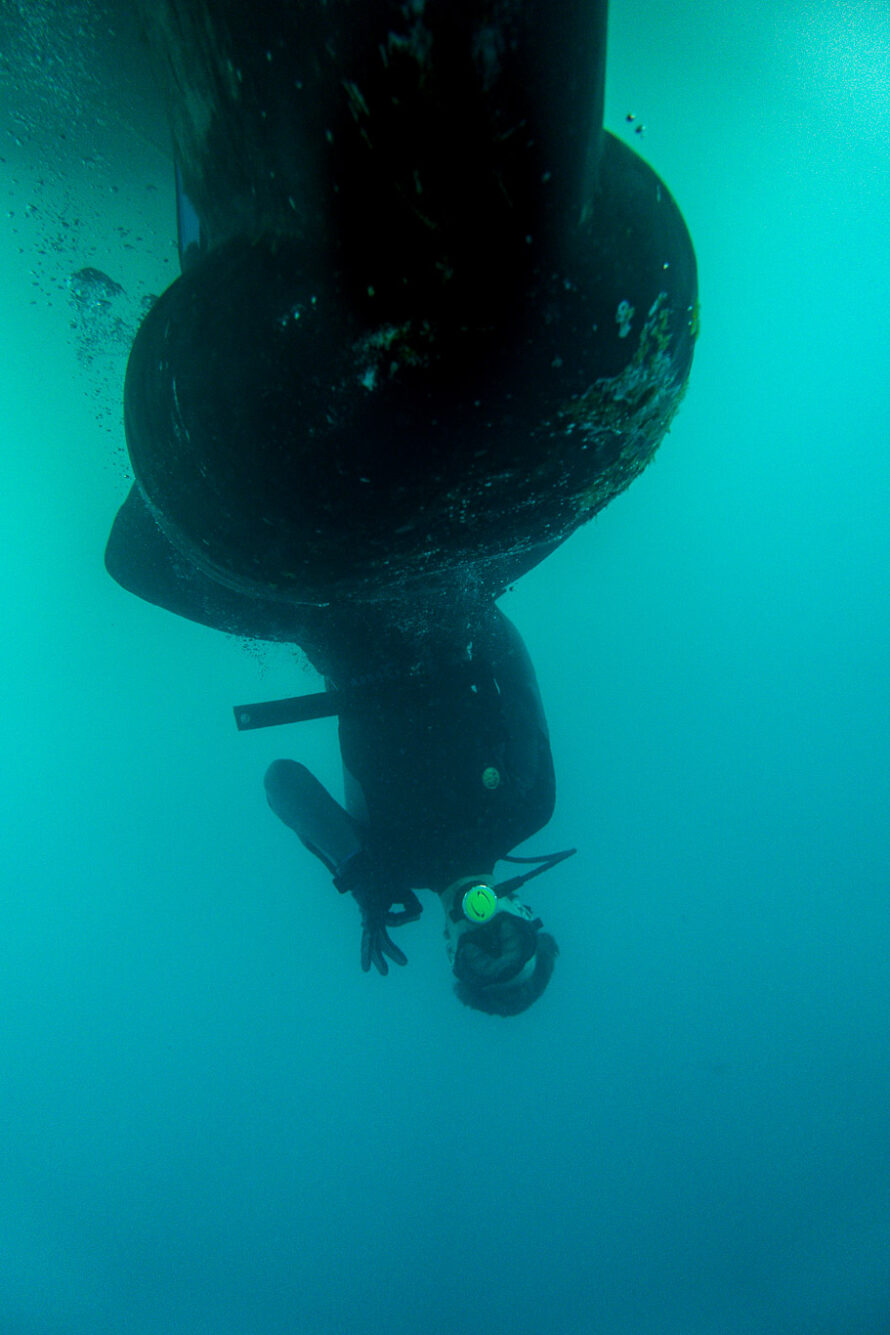
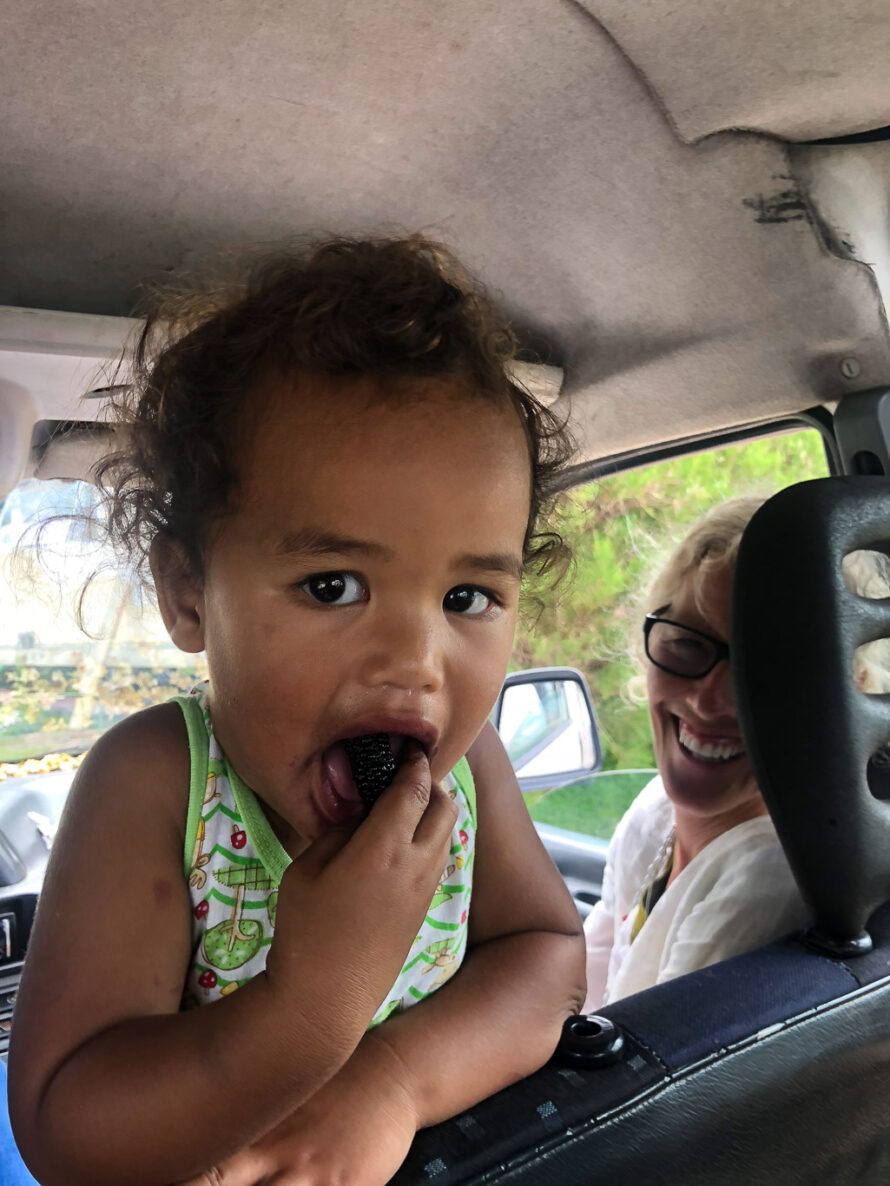
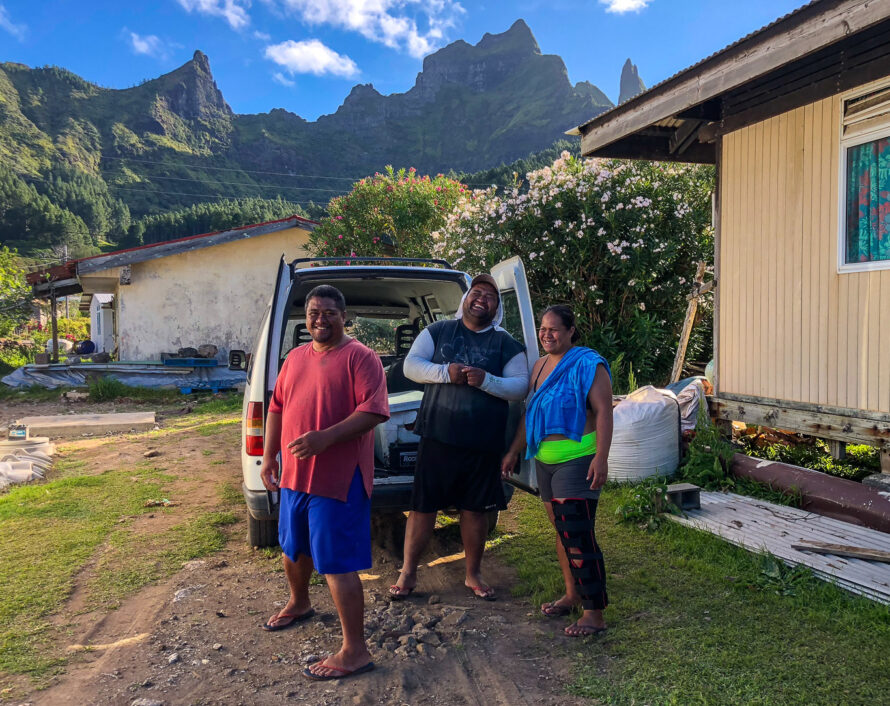
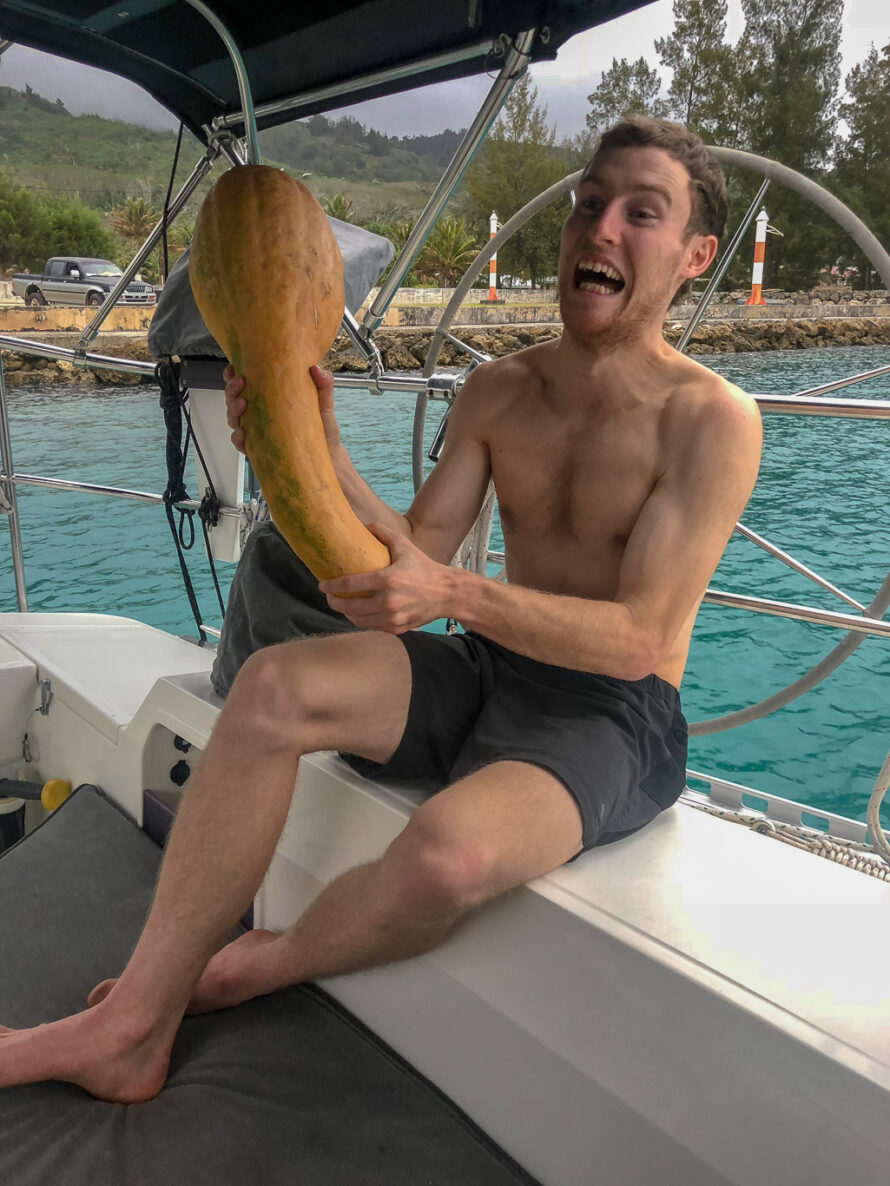

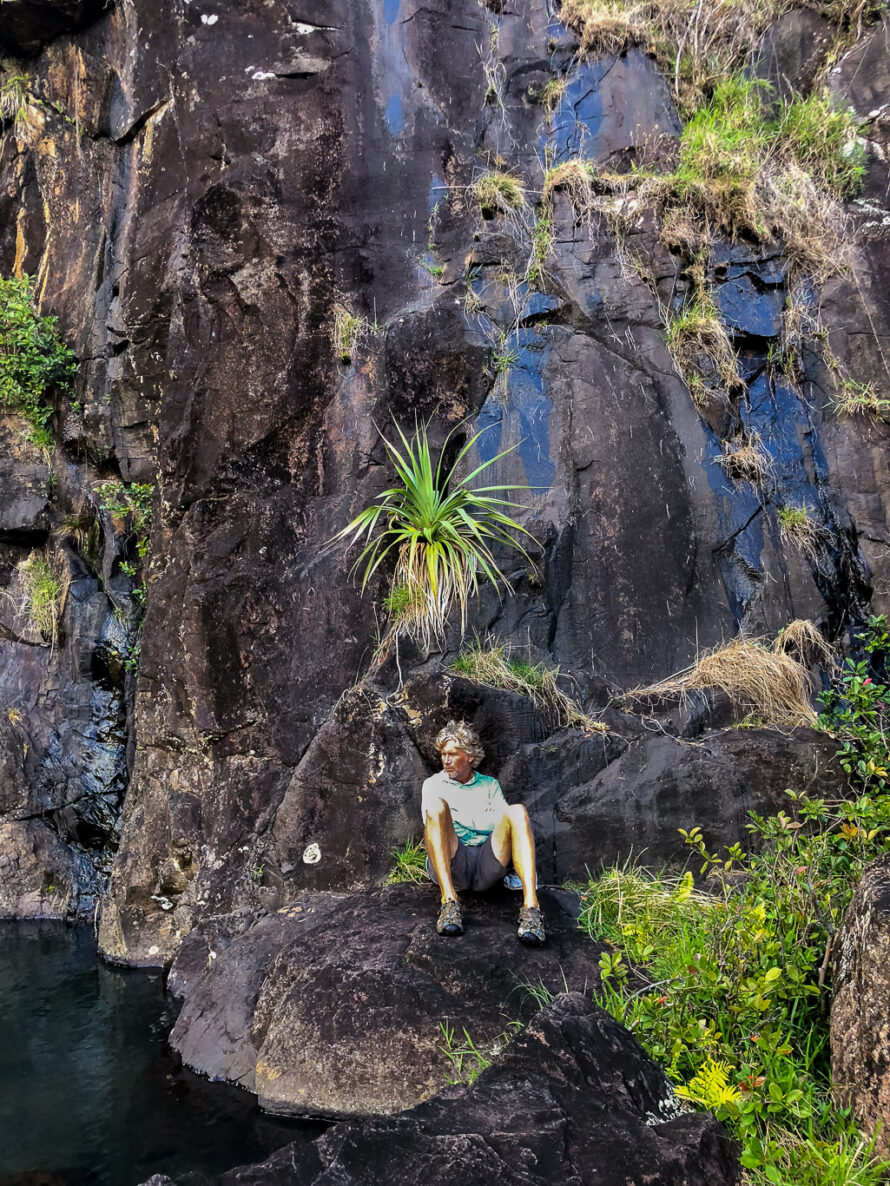


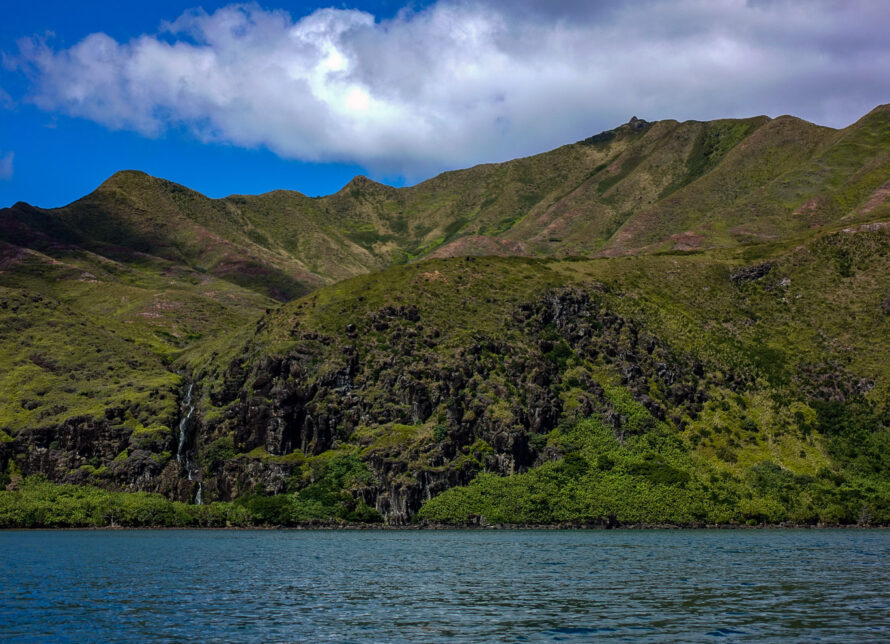
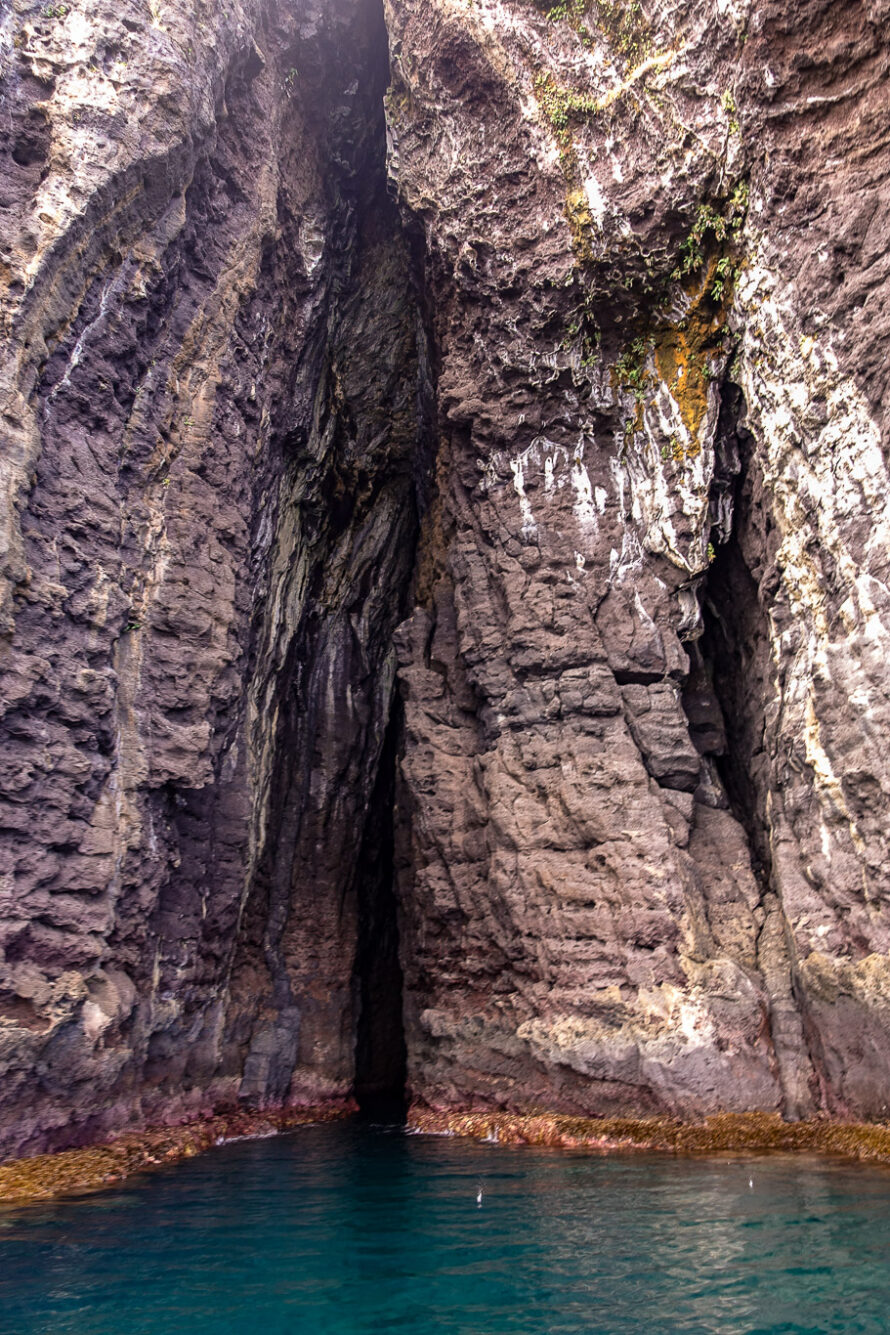
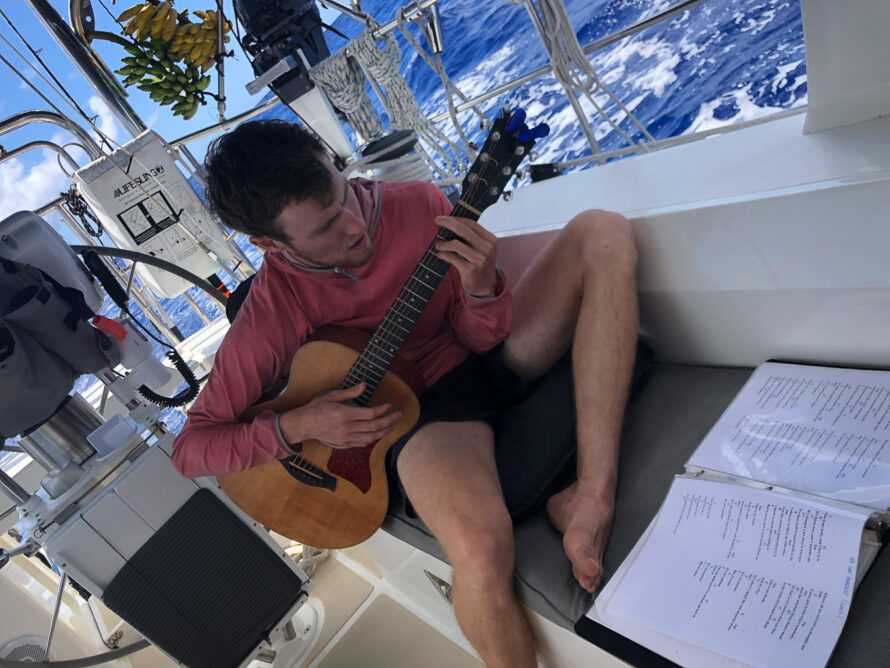
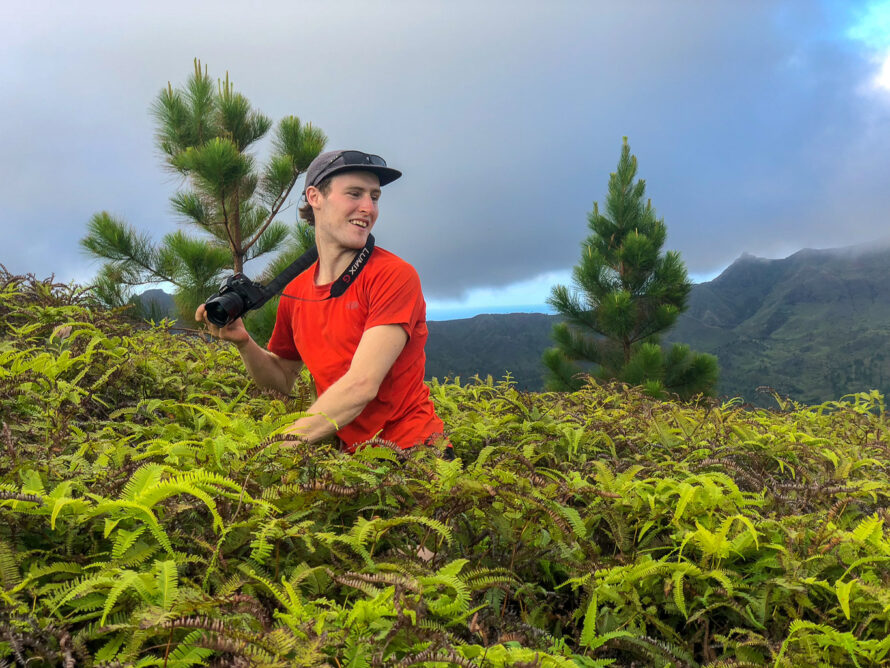
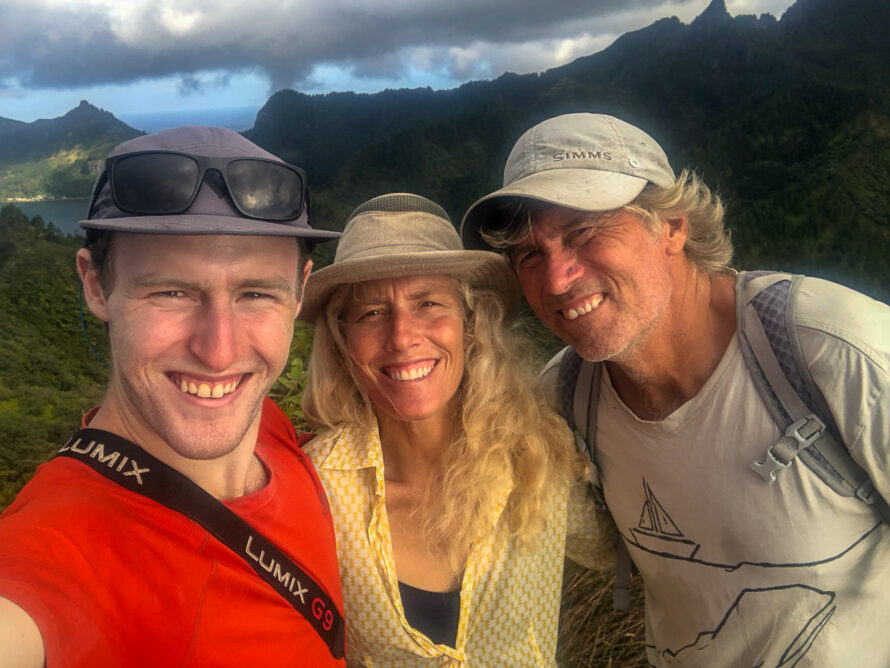
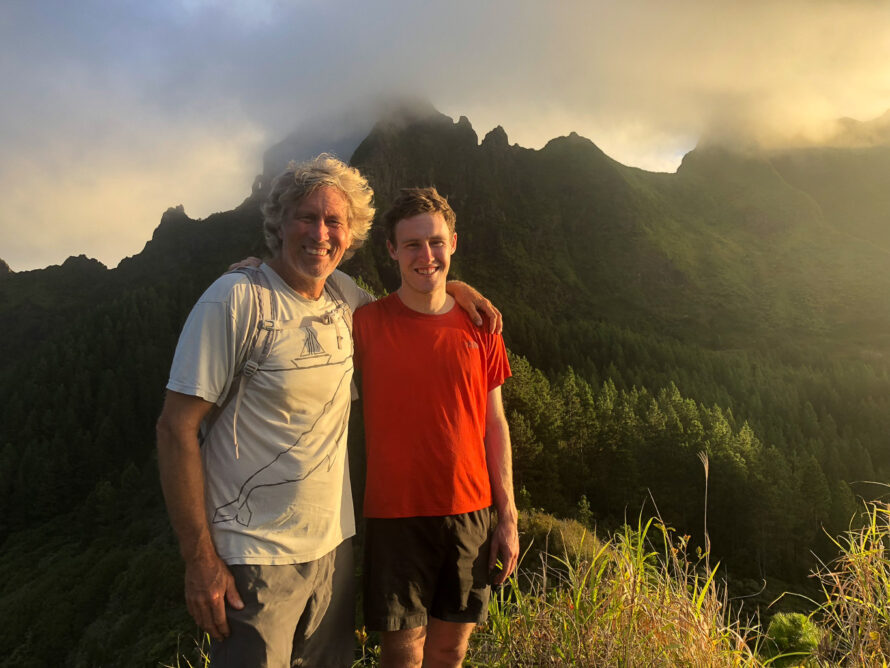
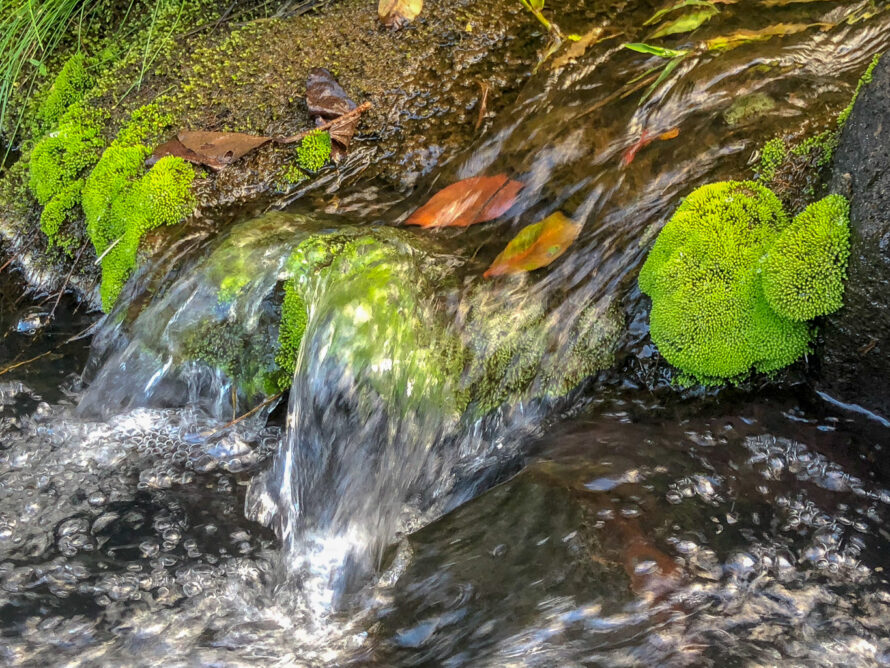
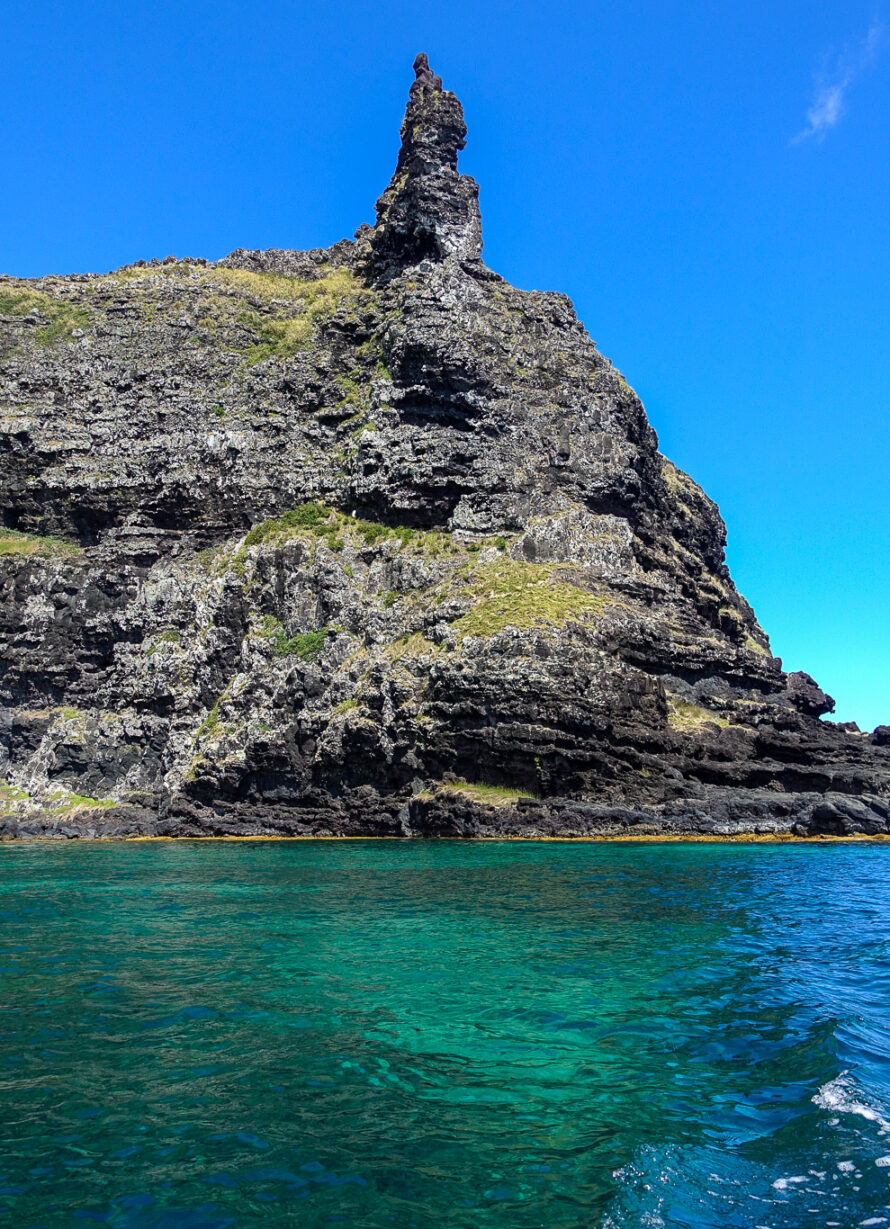


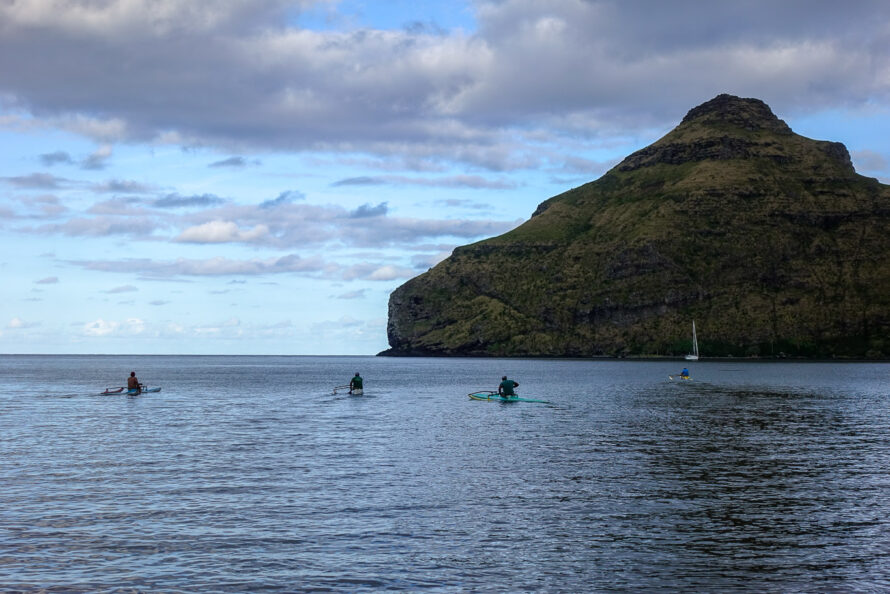
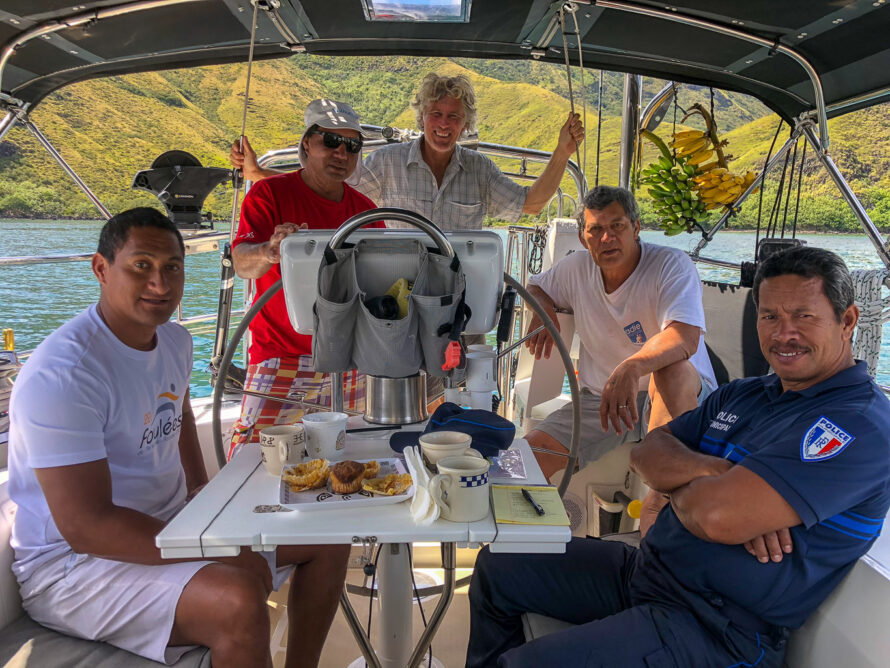
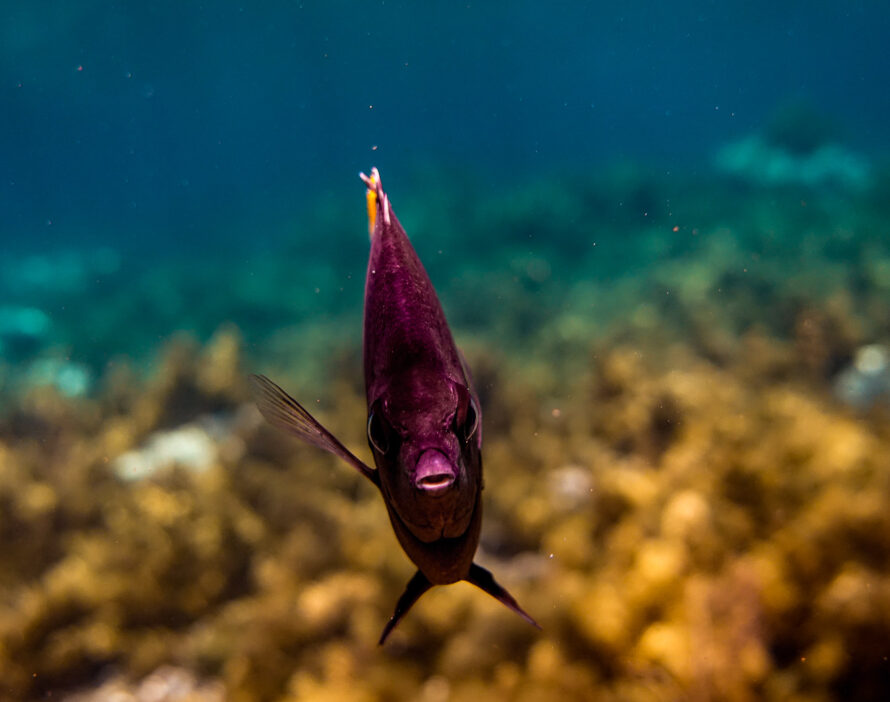
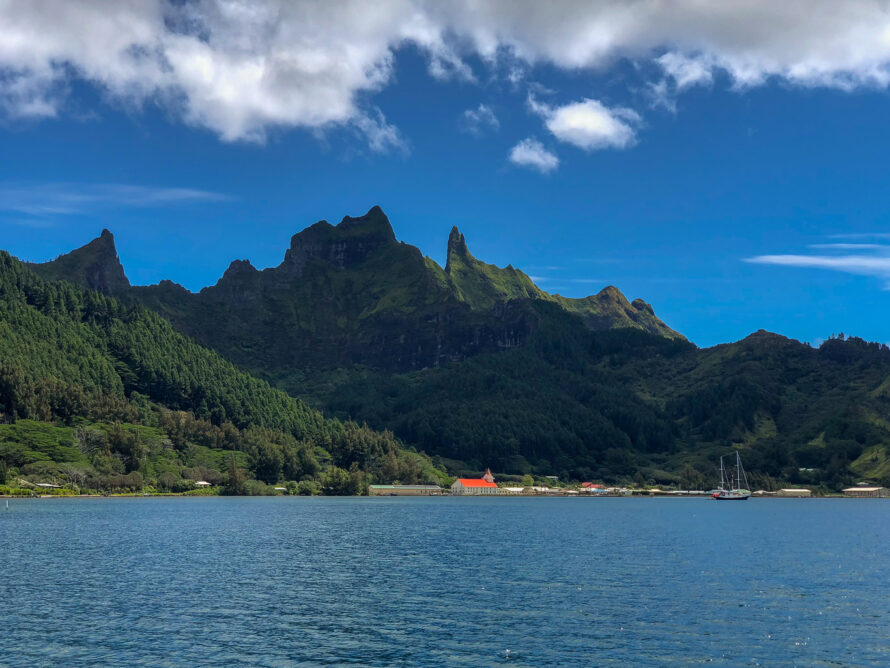




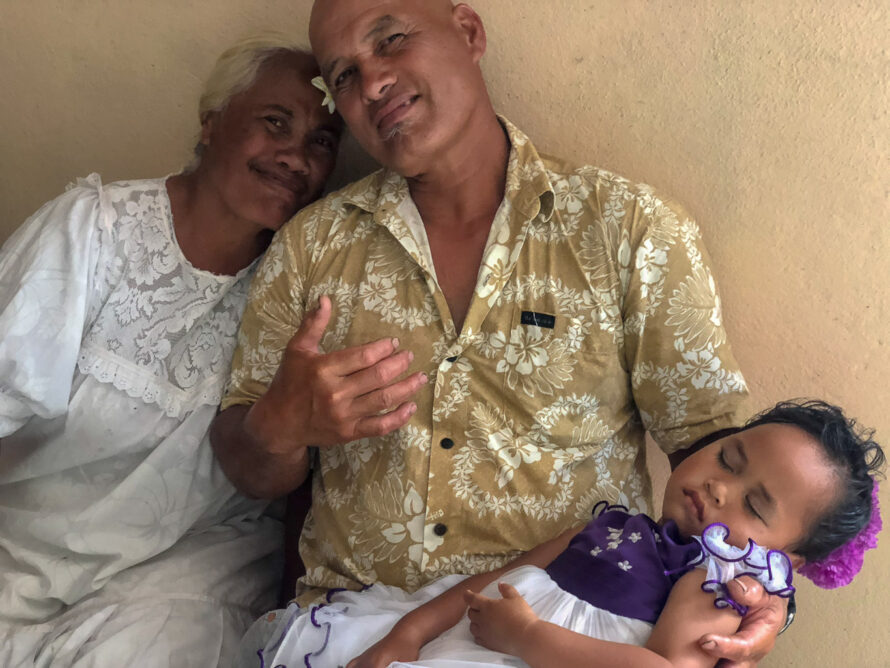

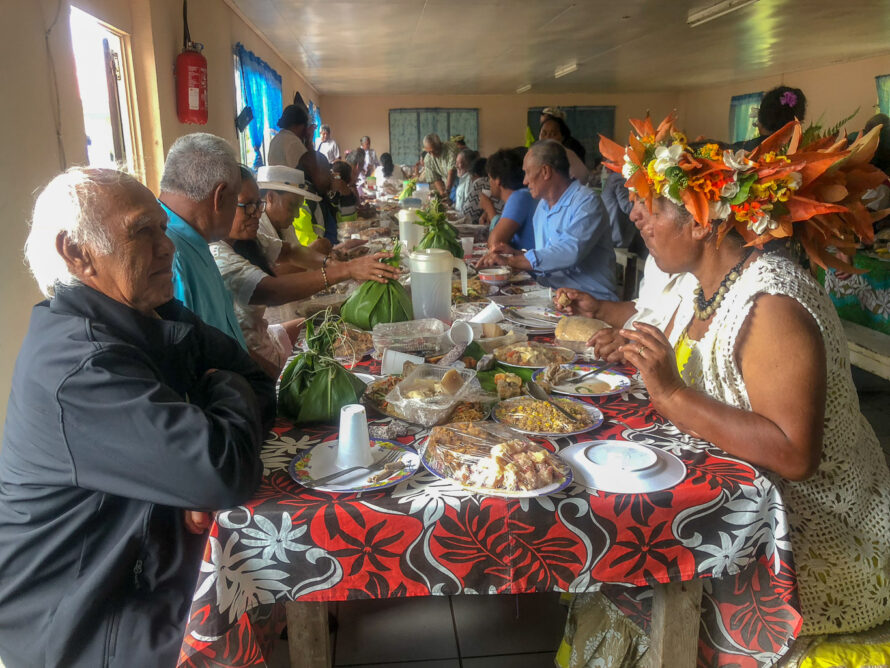
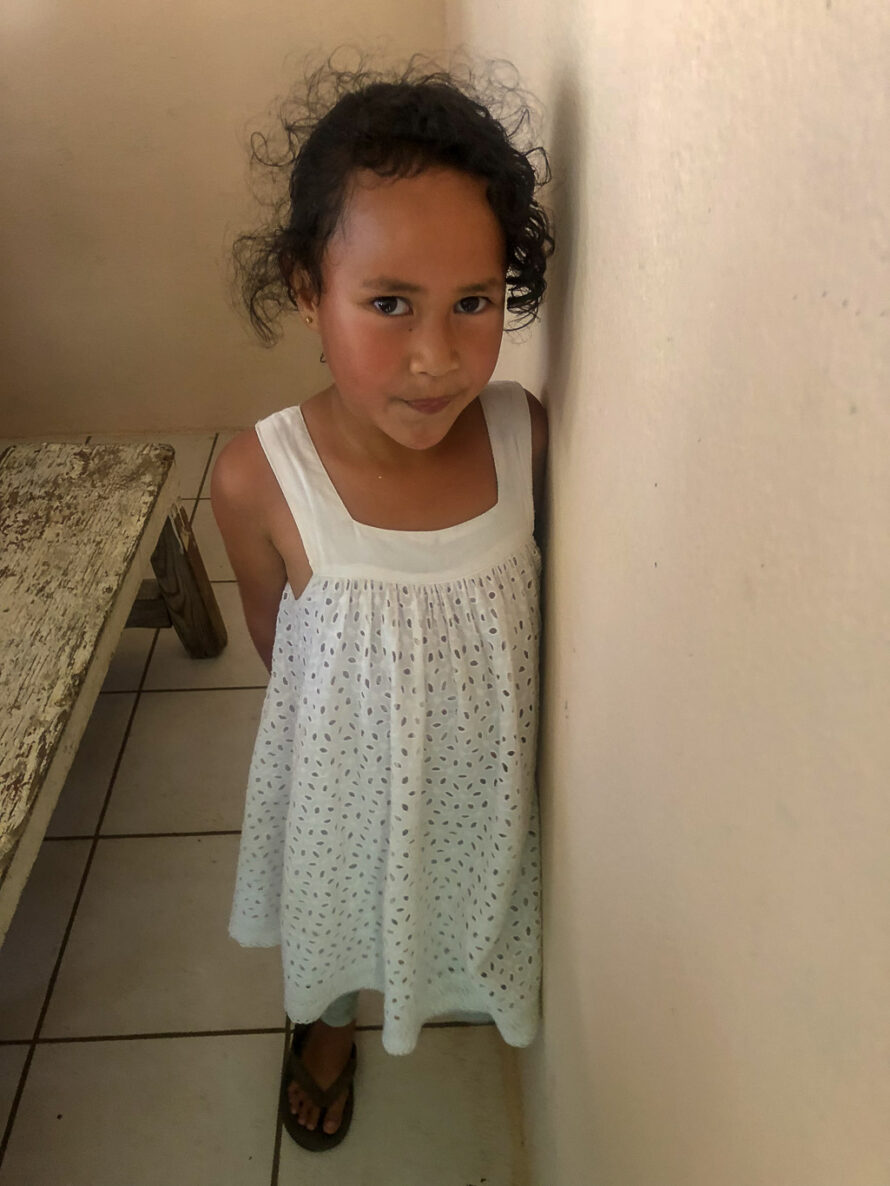

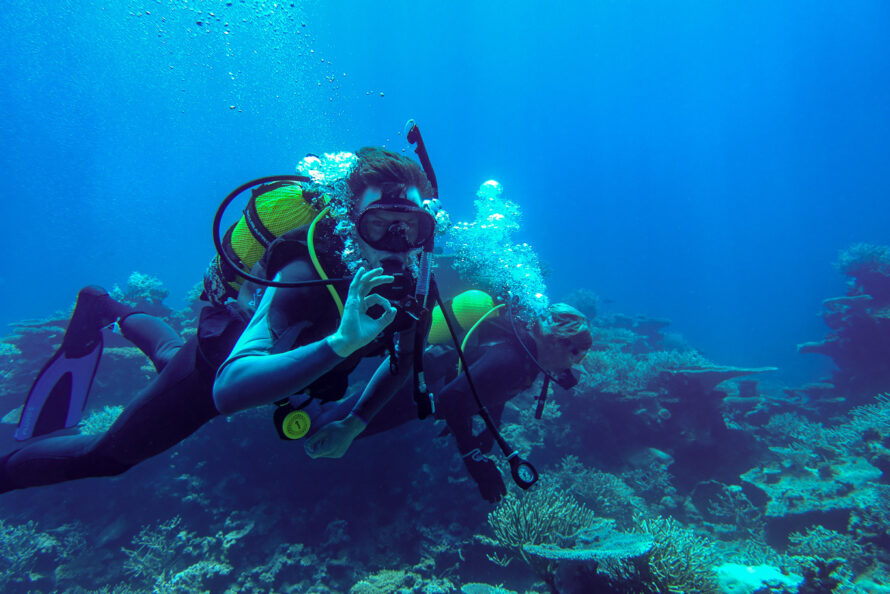

































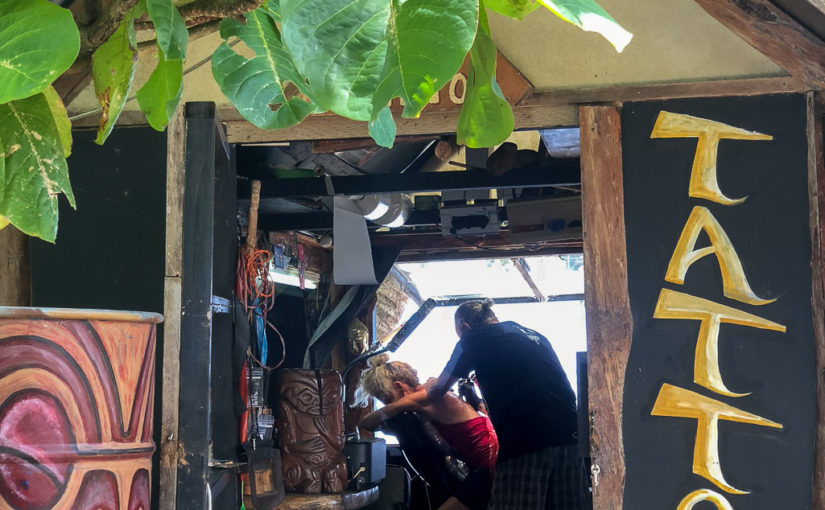
























































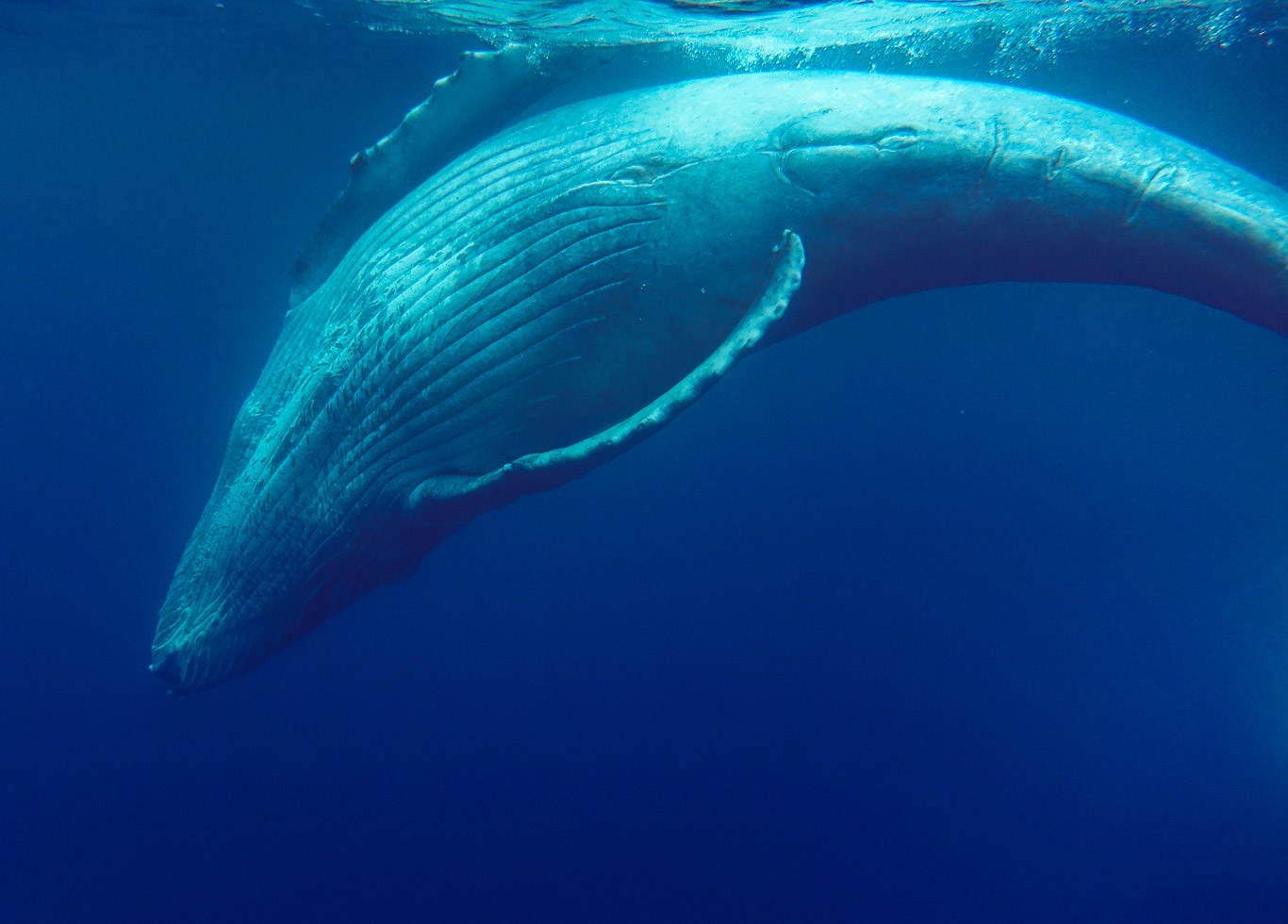



















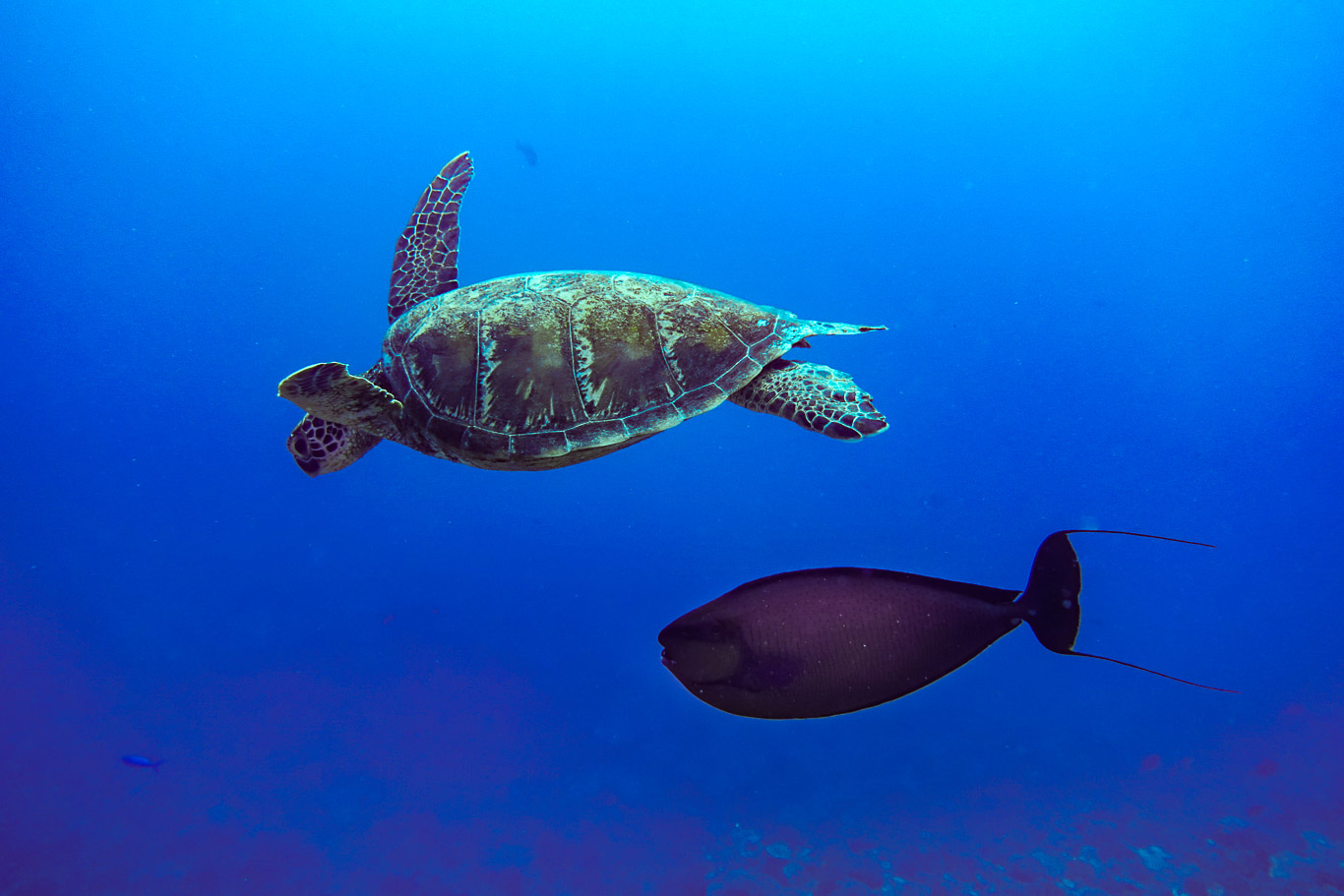
















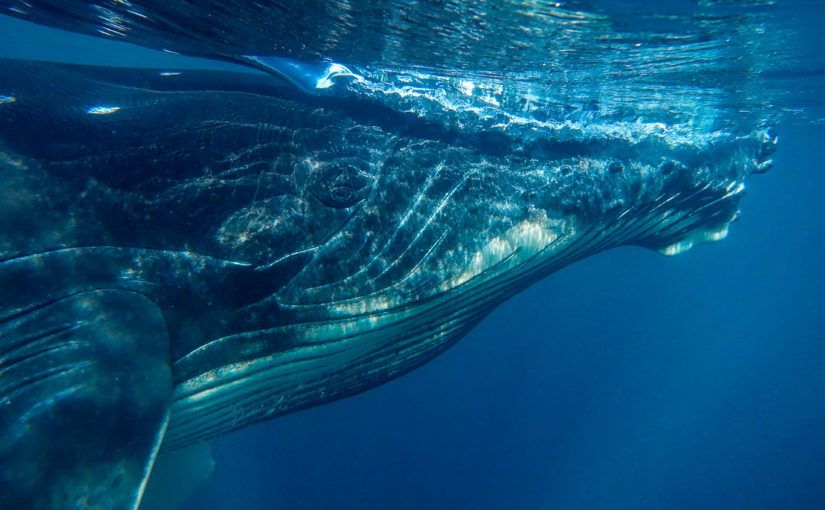
















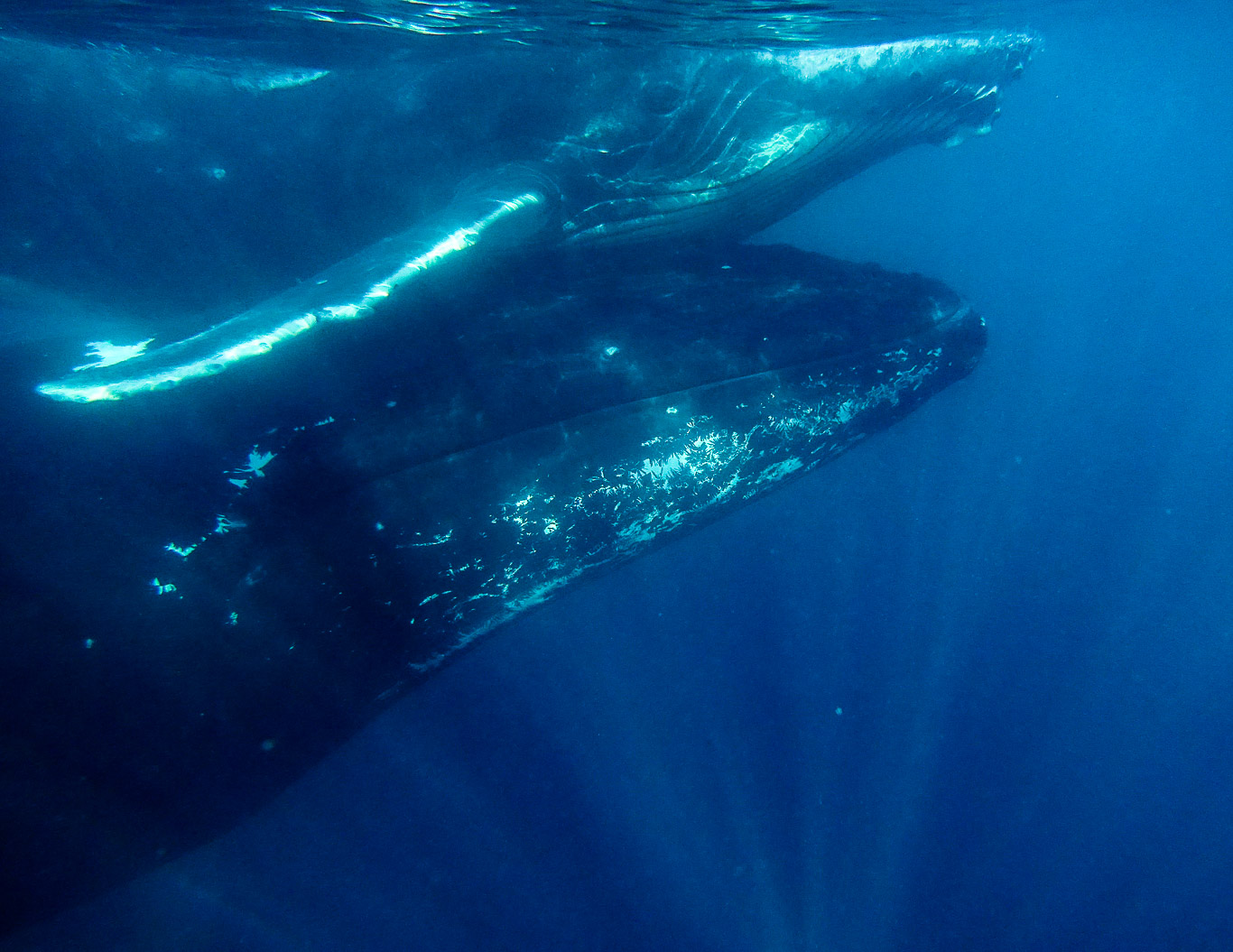


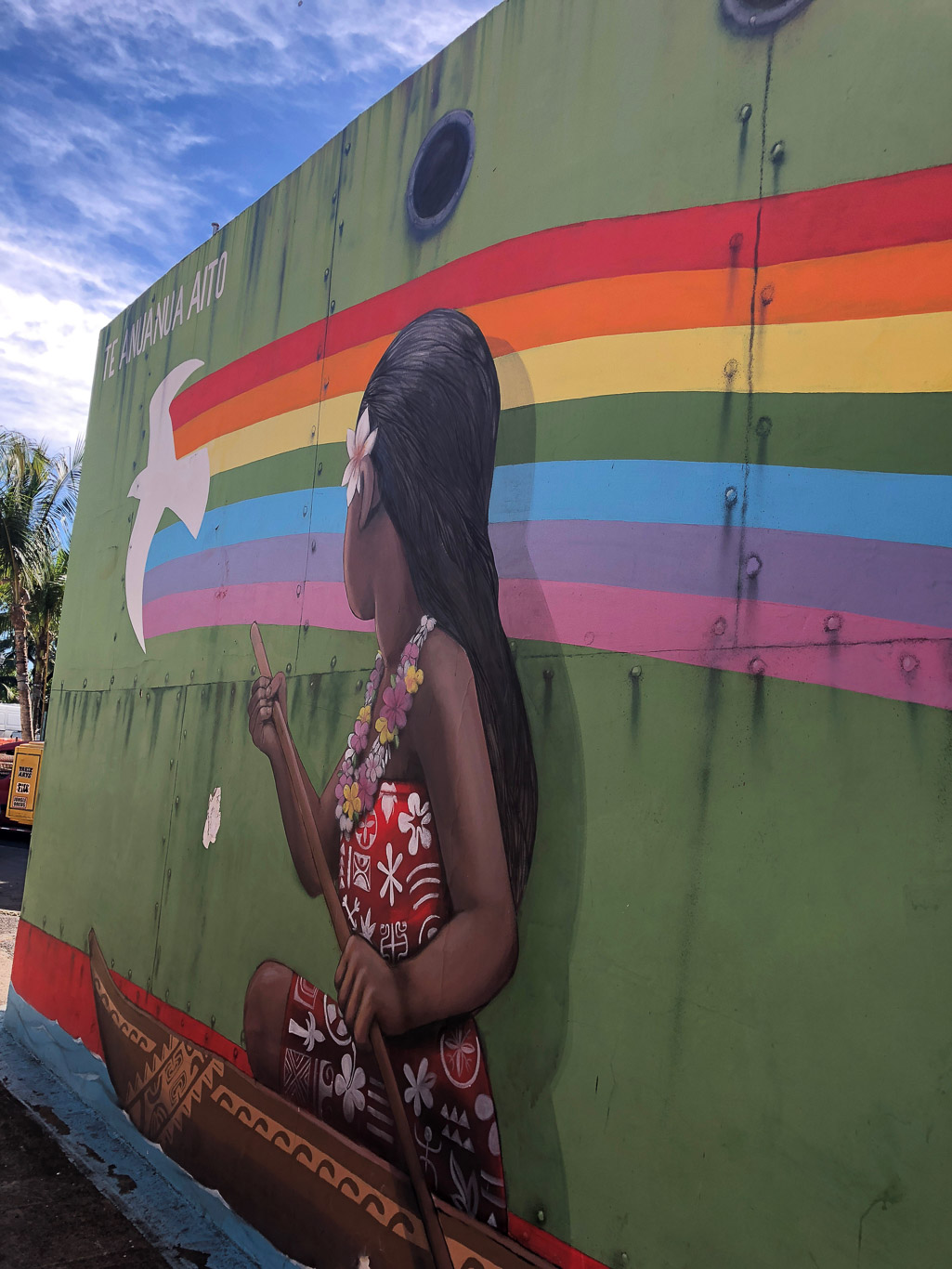











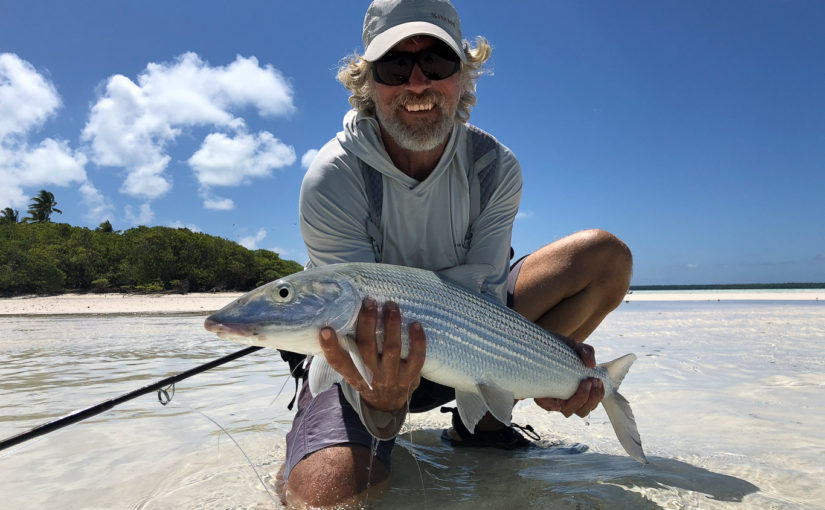
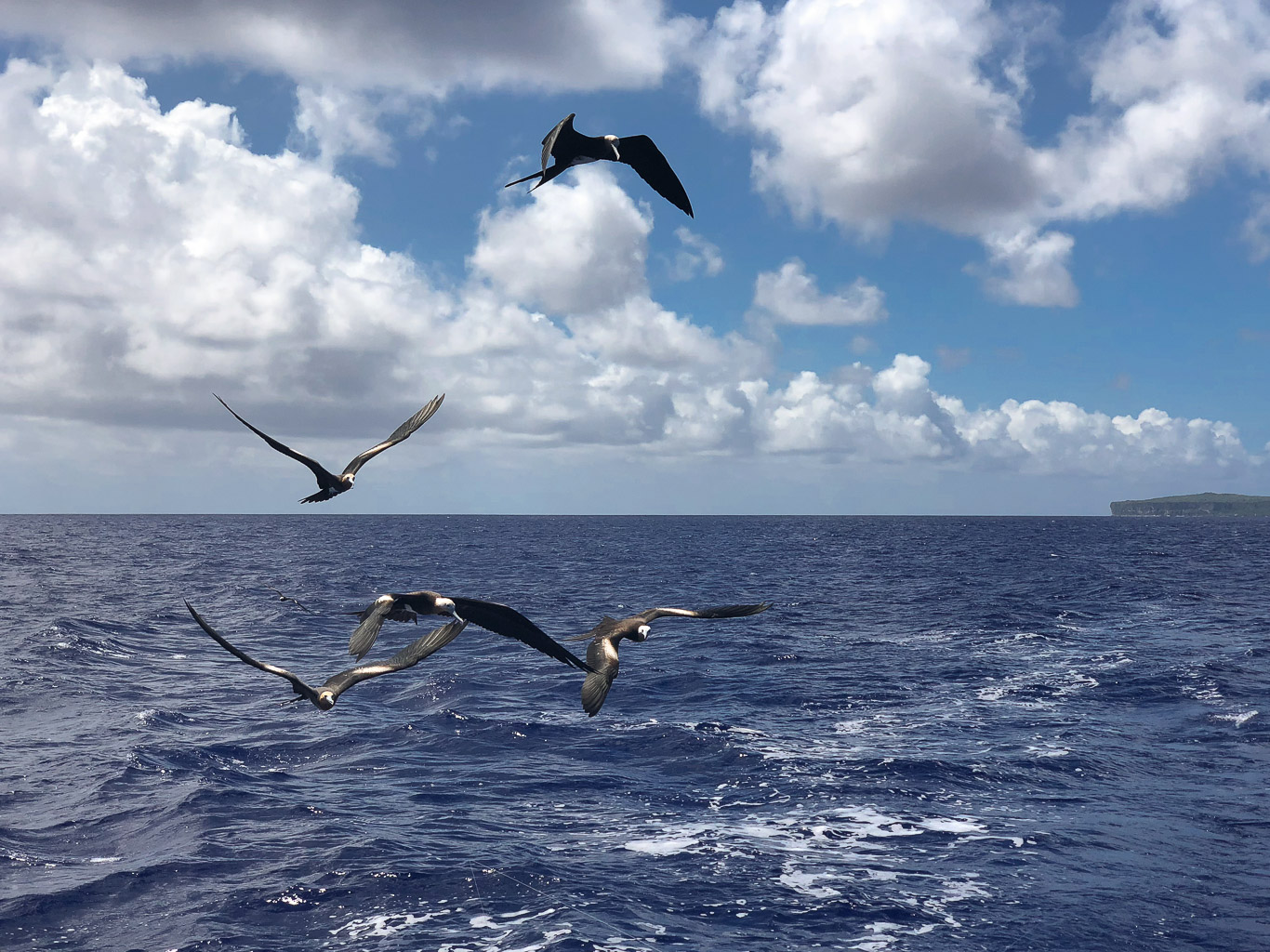















































 " data-envira-height="760" data-envira-width="570" />
" data-envira-height="760" data-envira-width="570" />











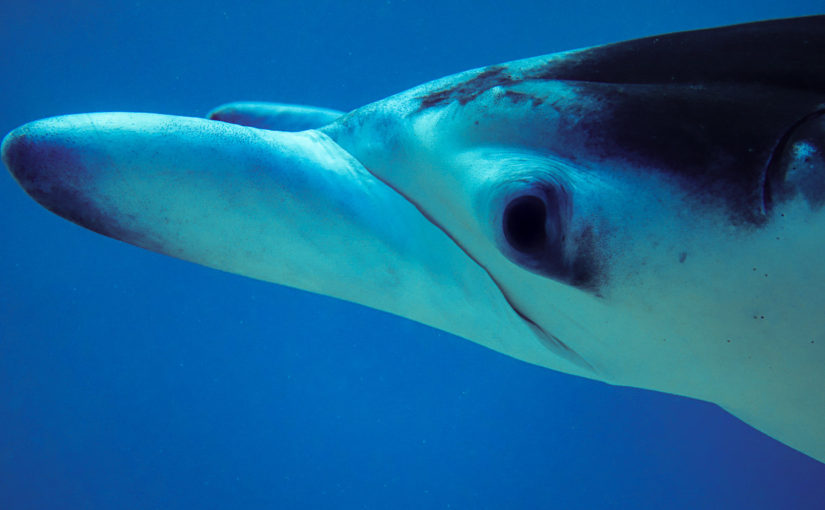























































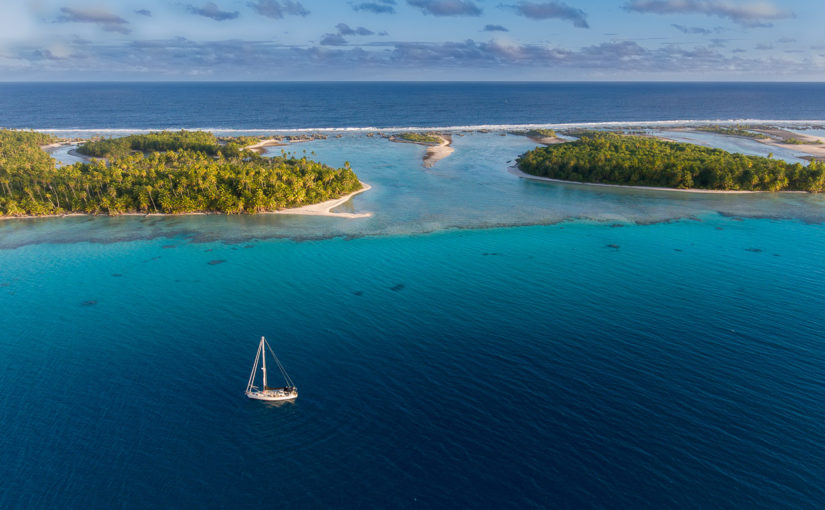














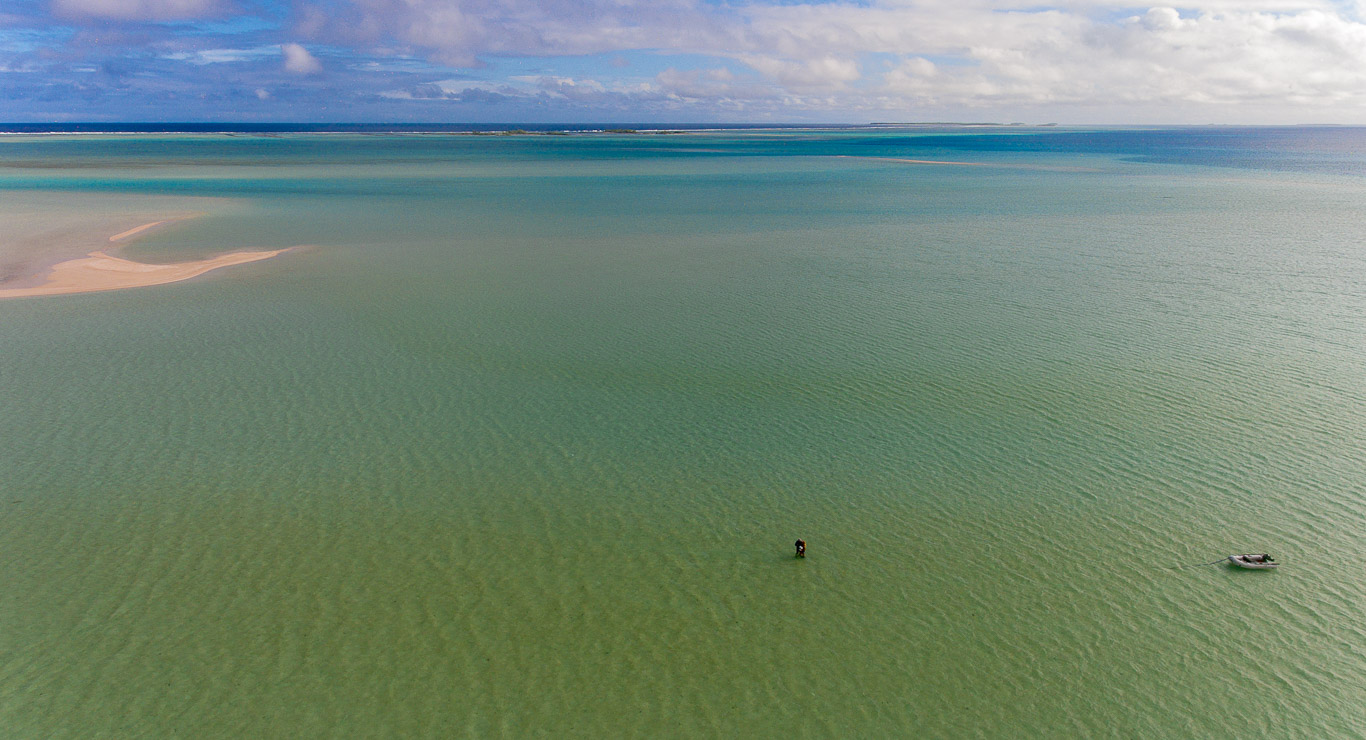














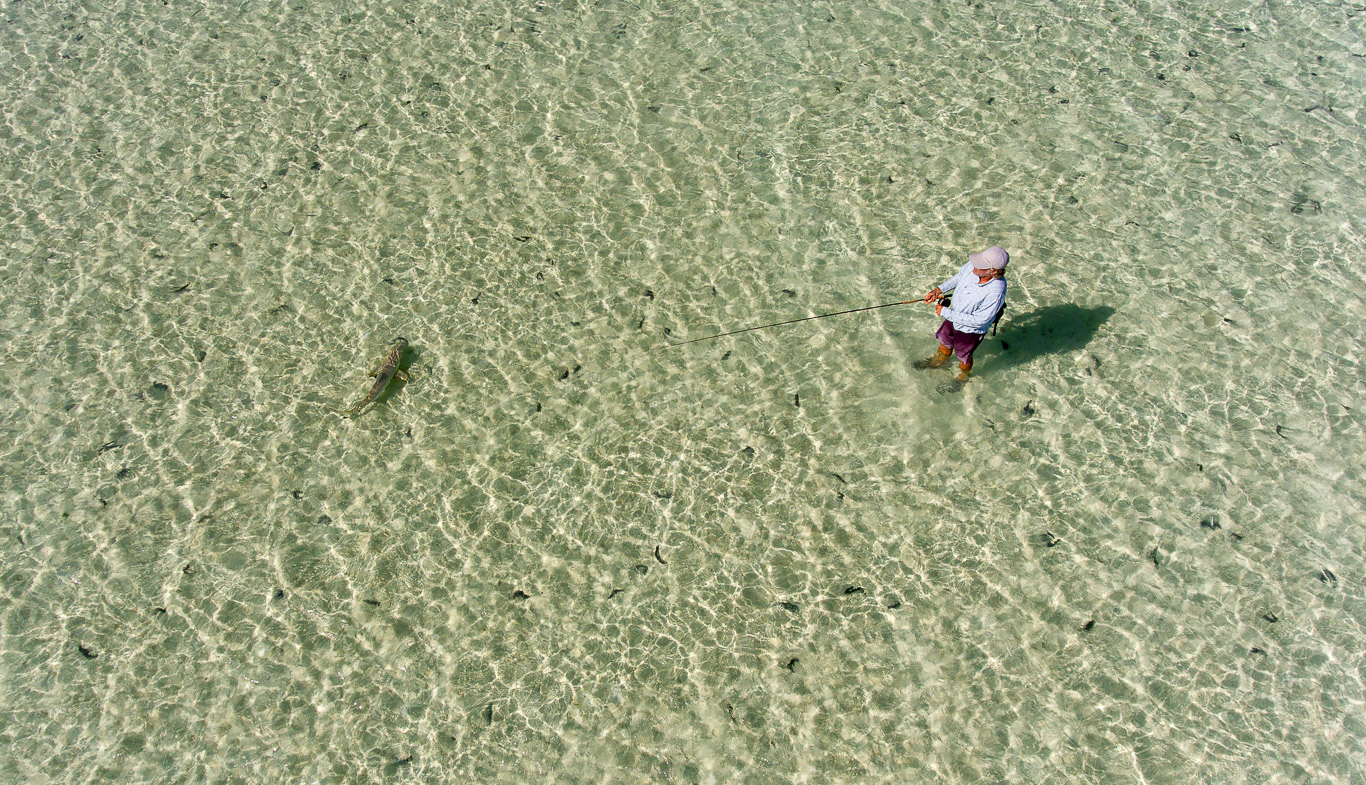




















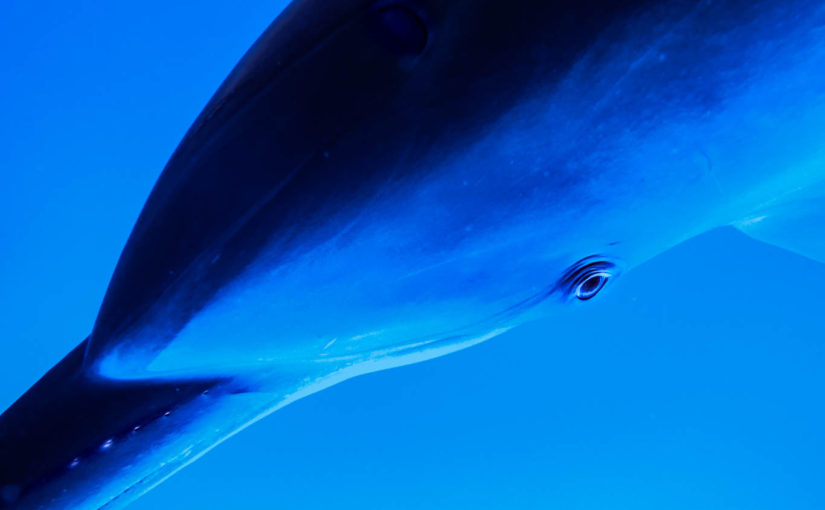
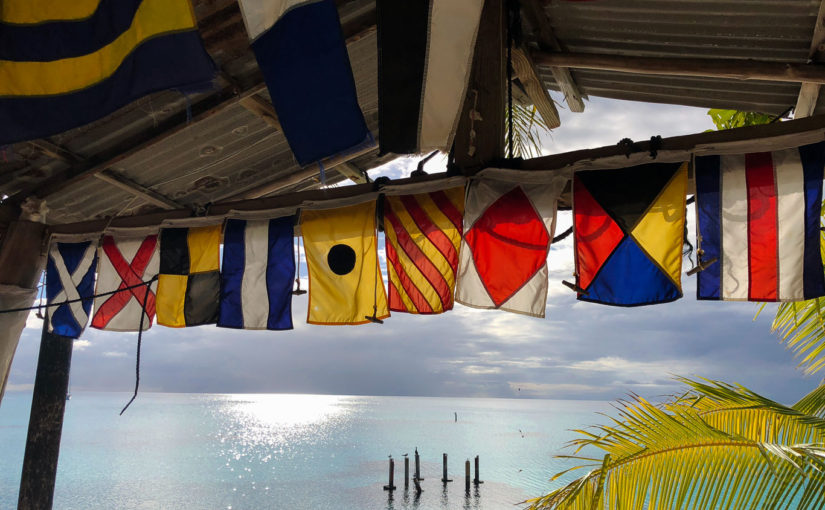

































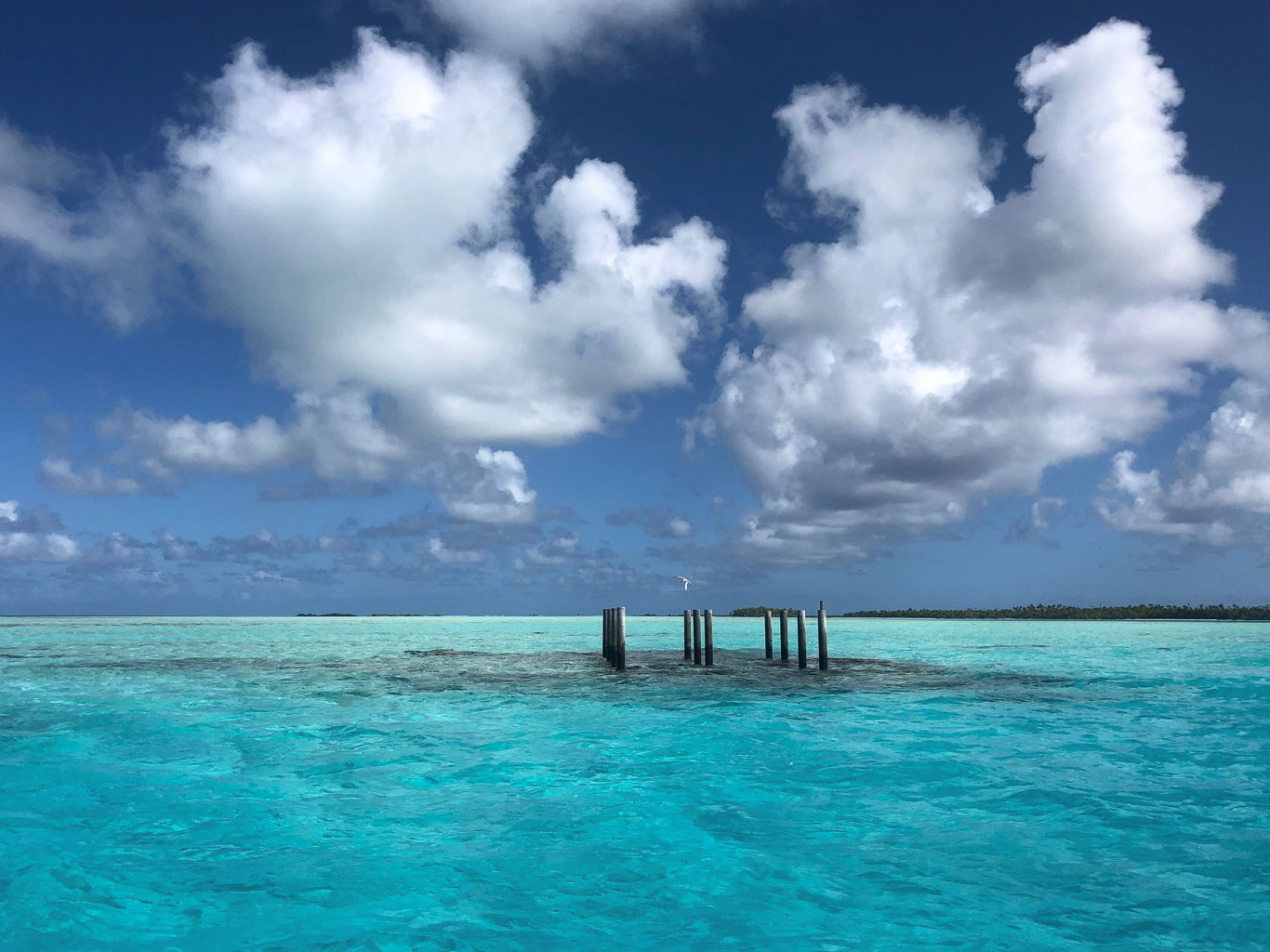

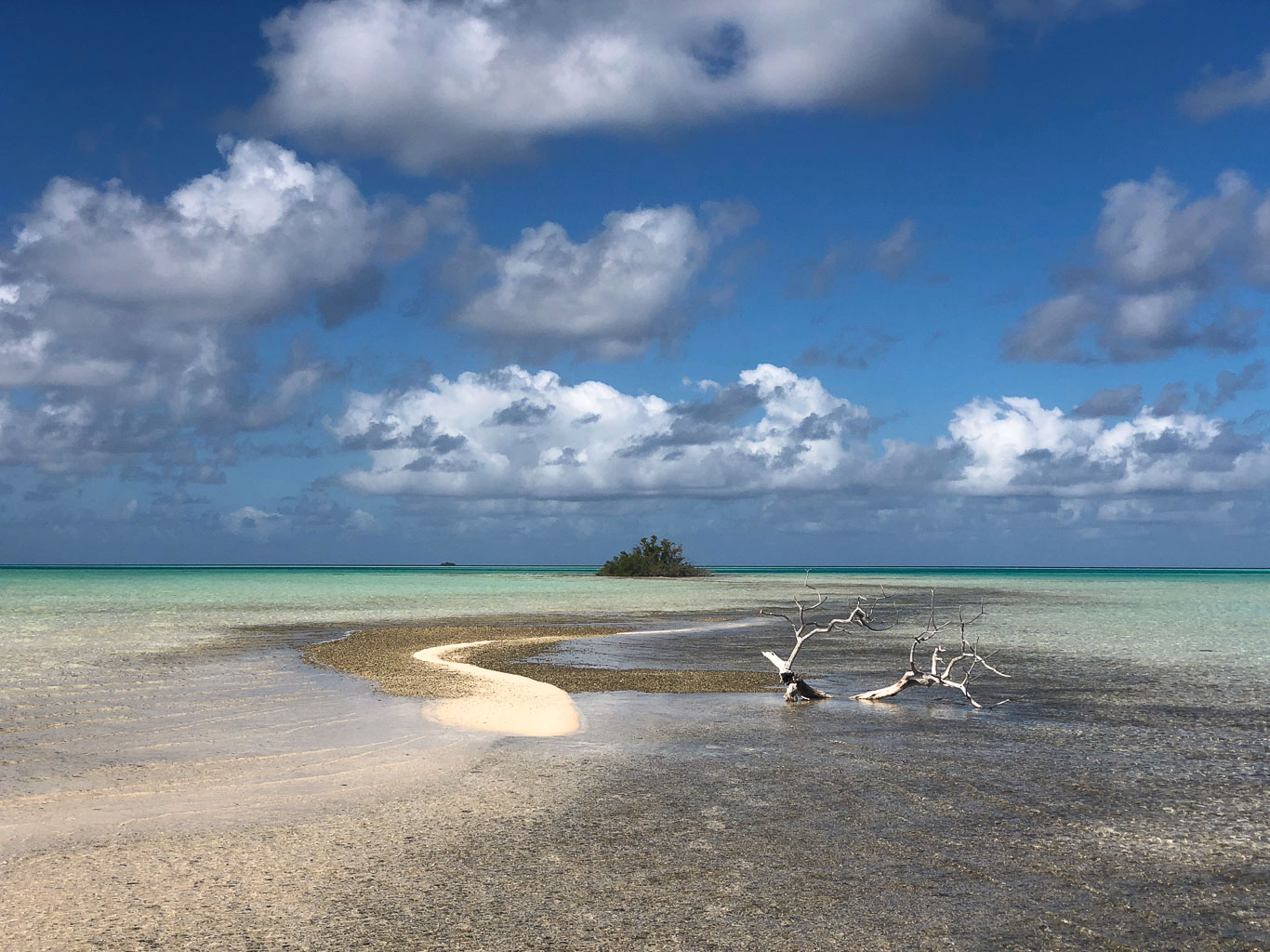











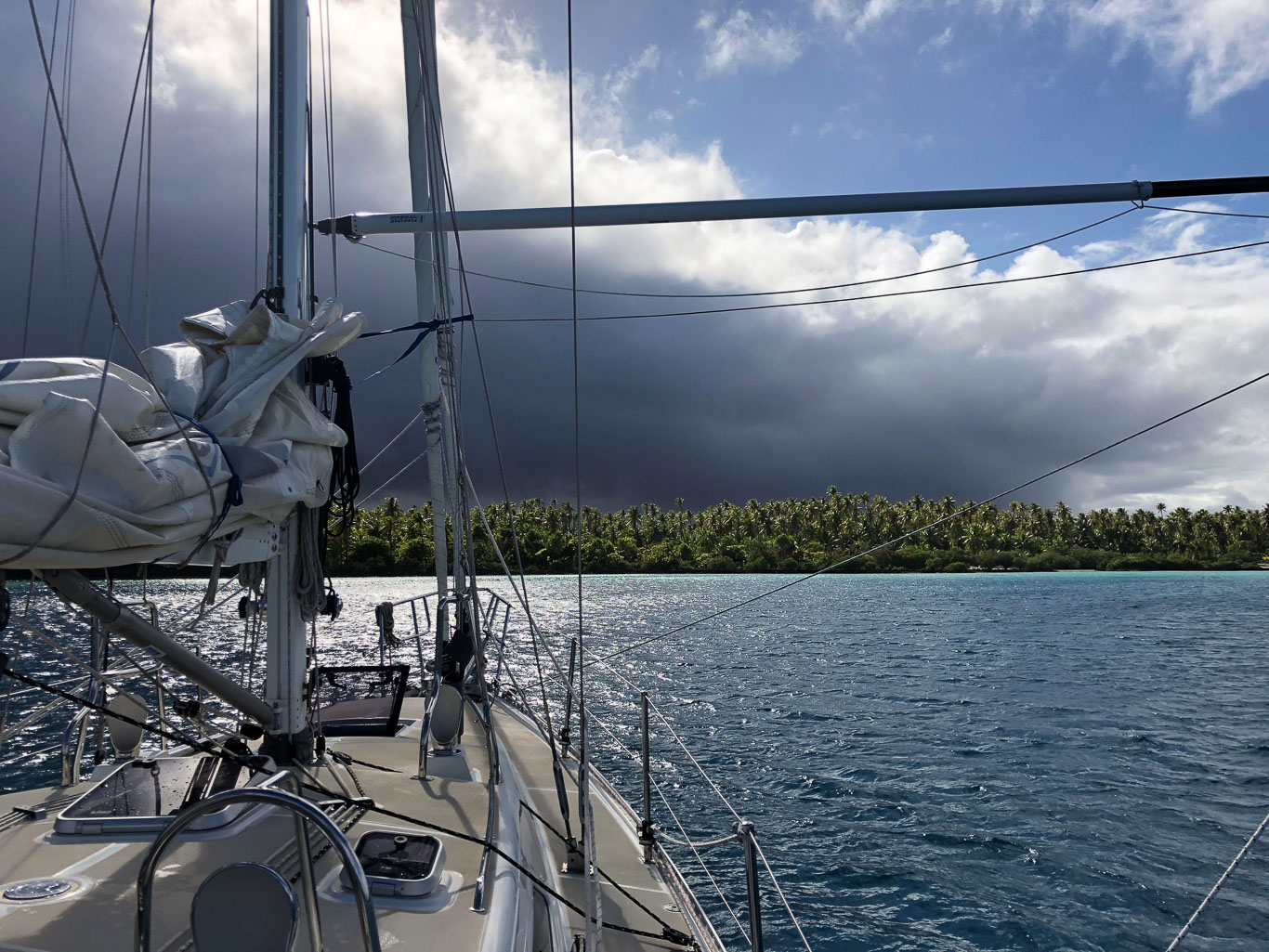







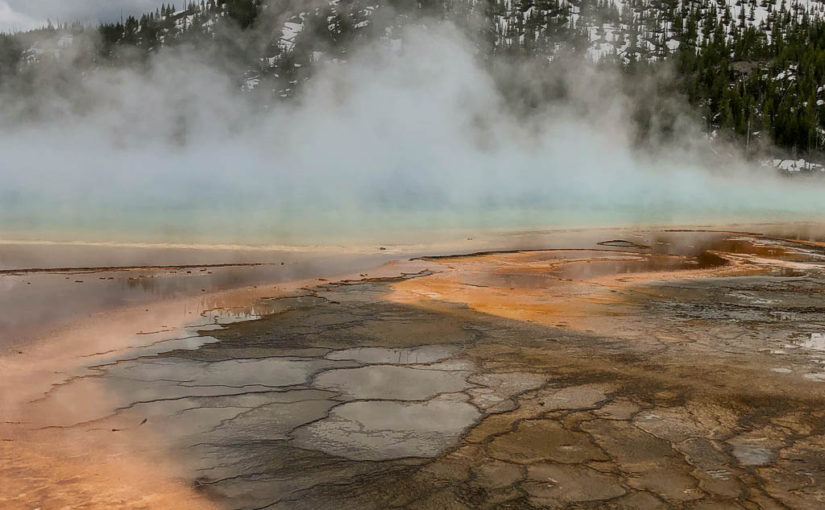
























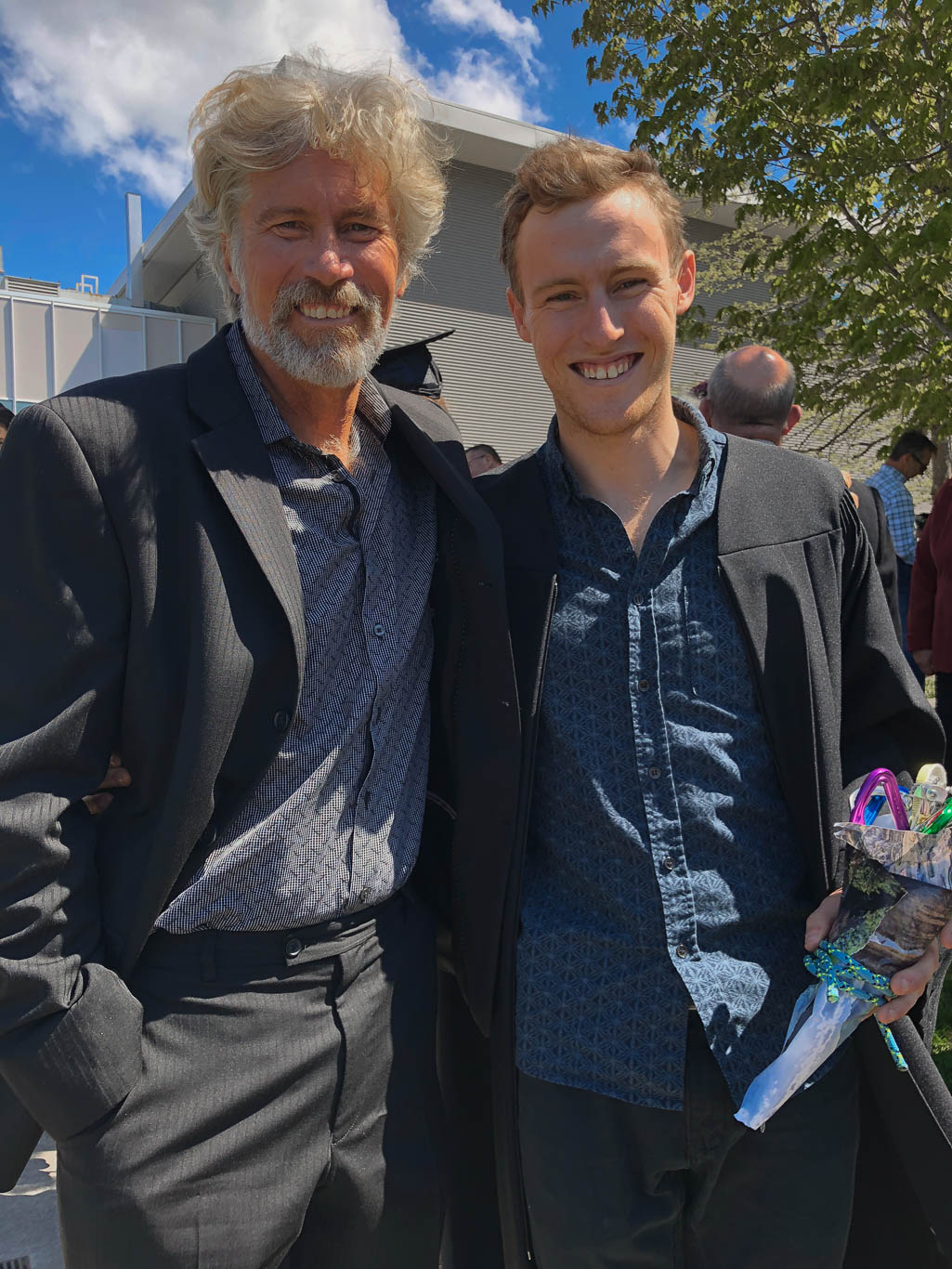







































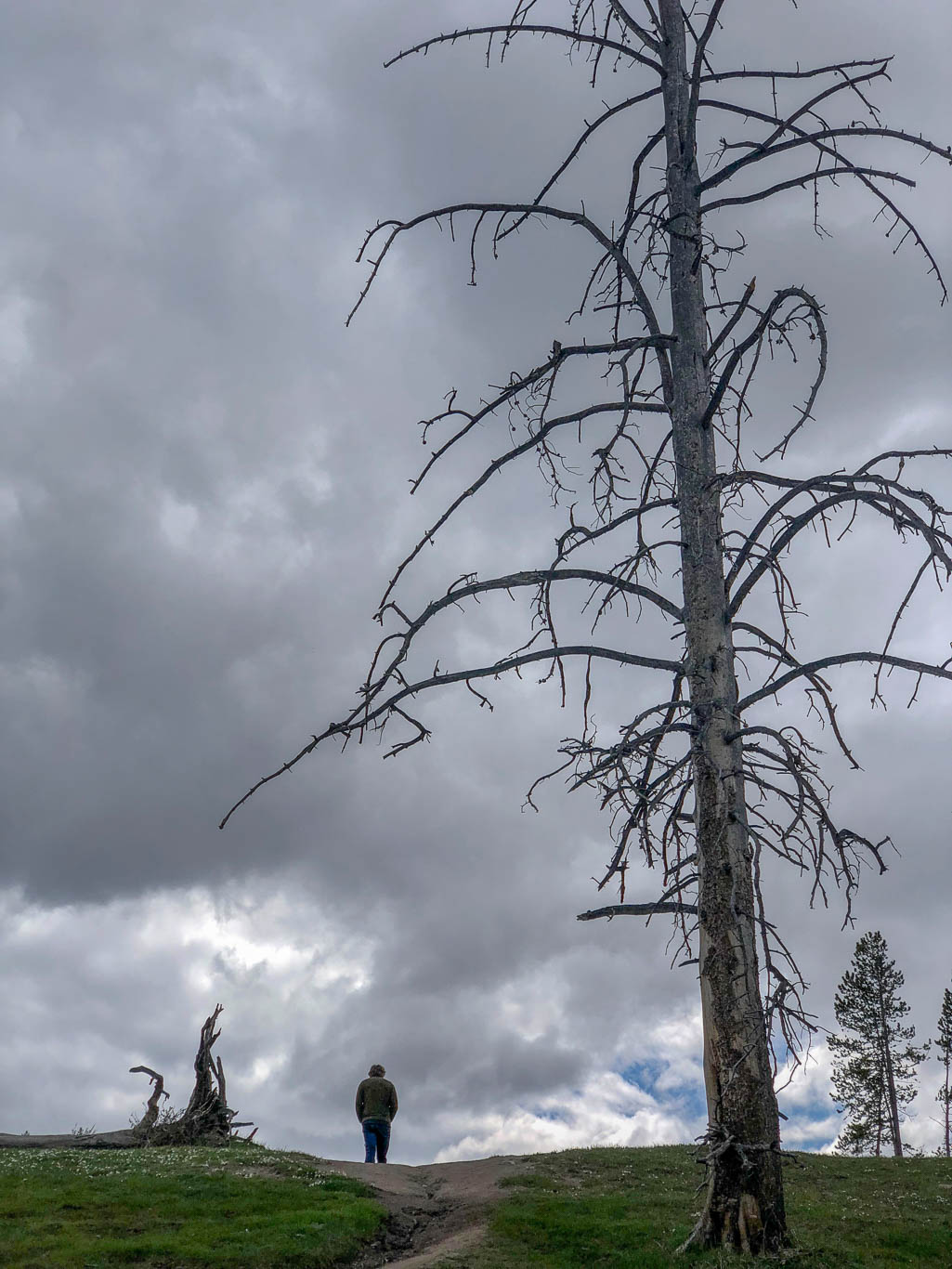


















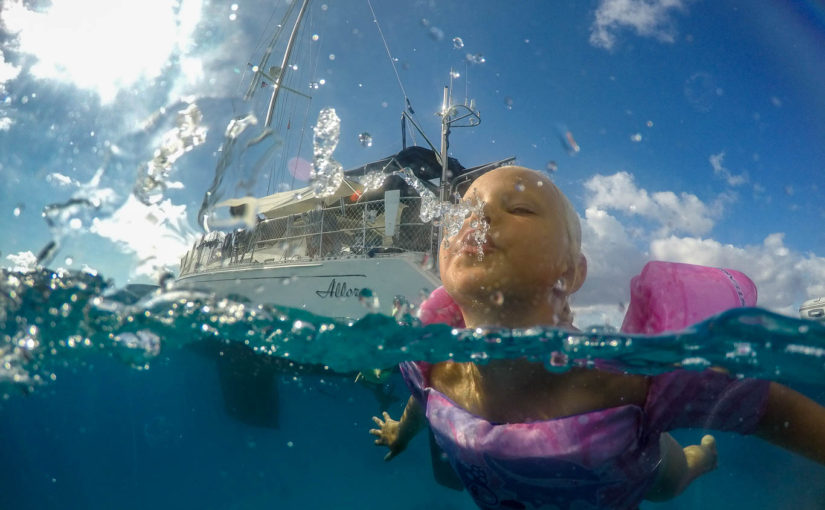

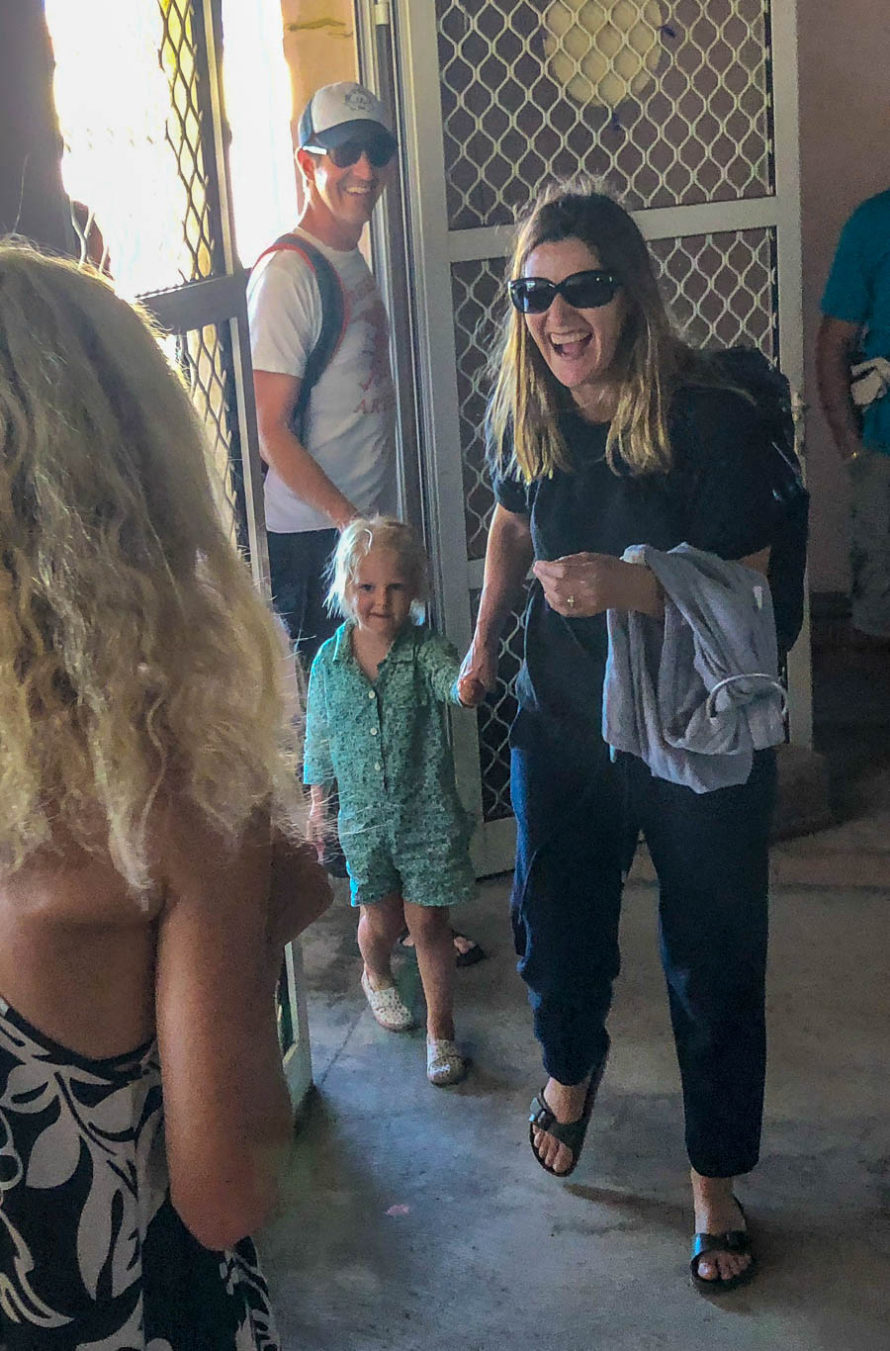
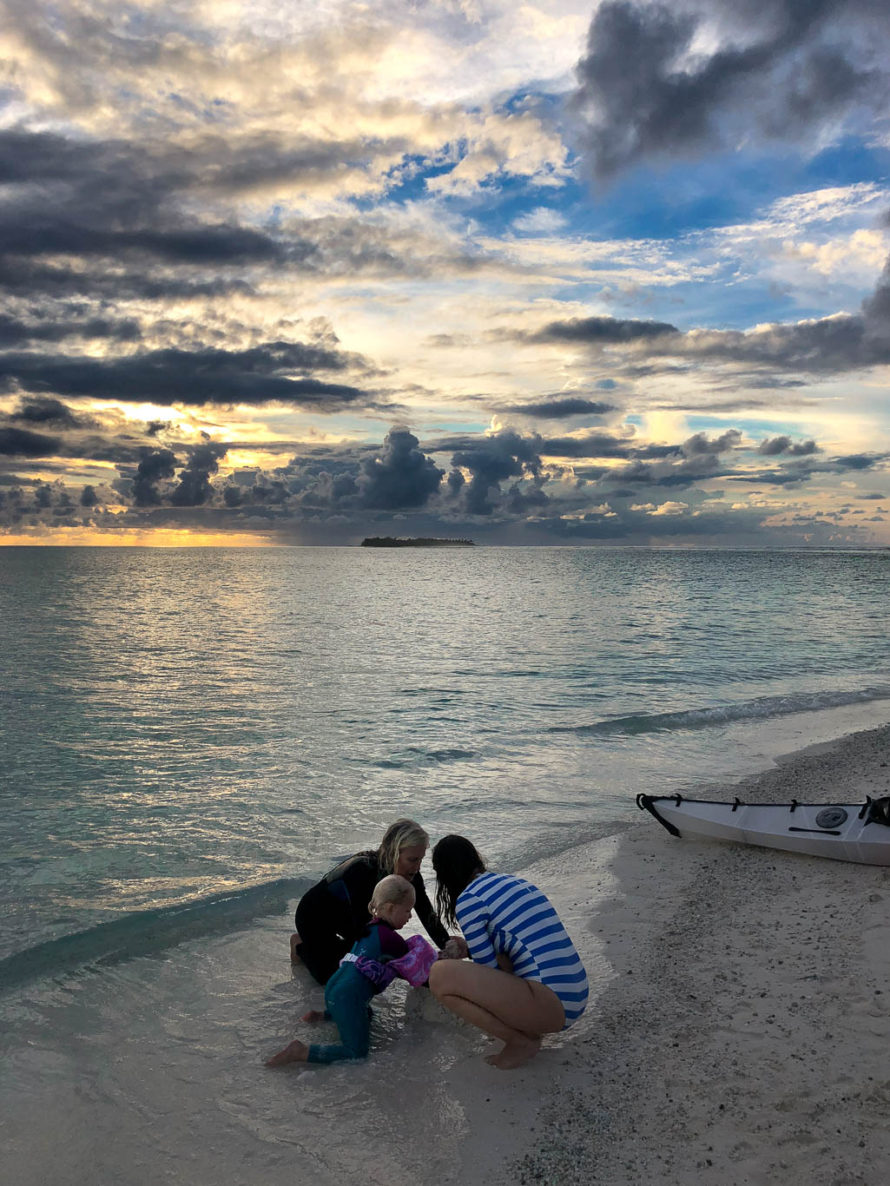



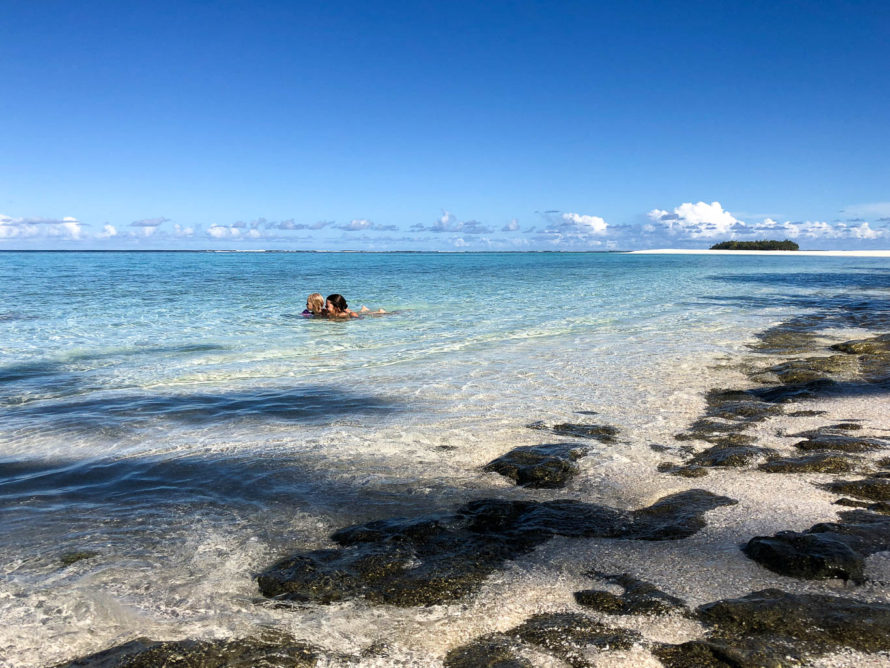
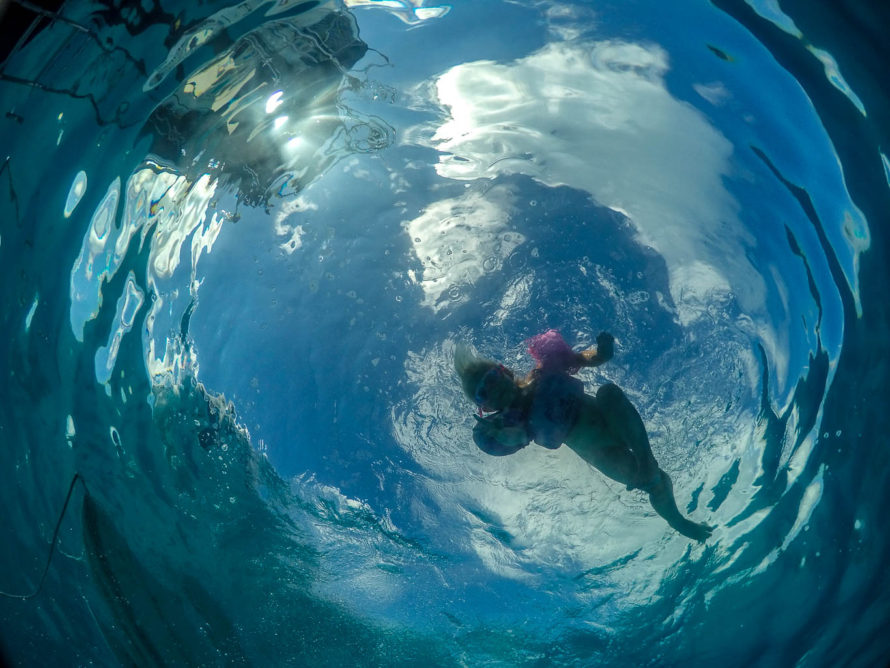
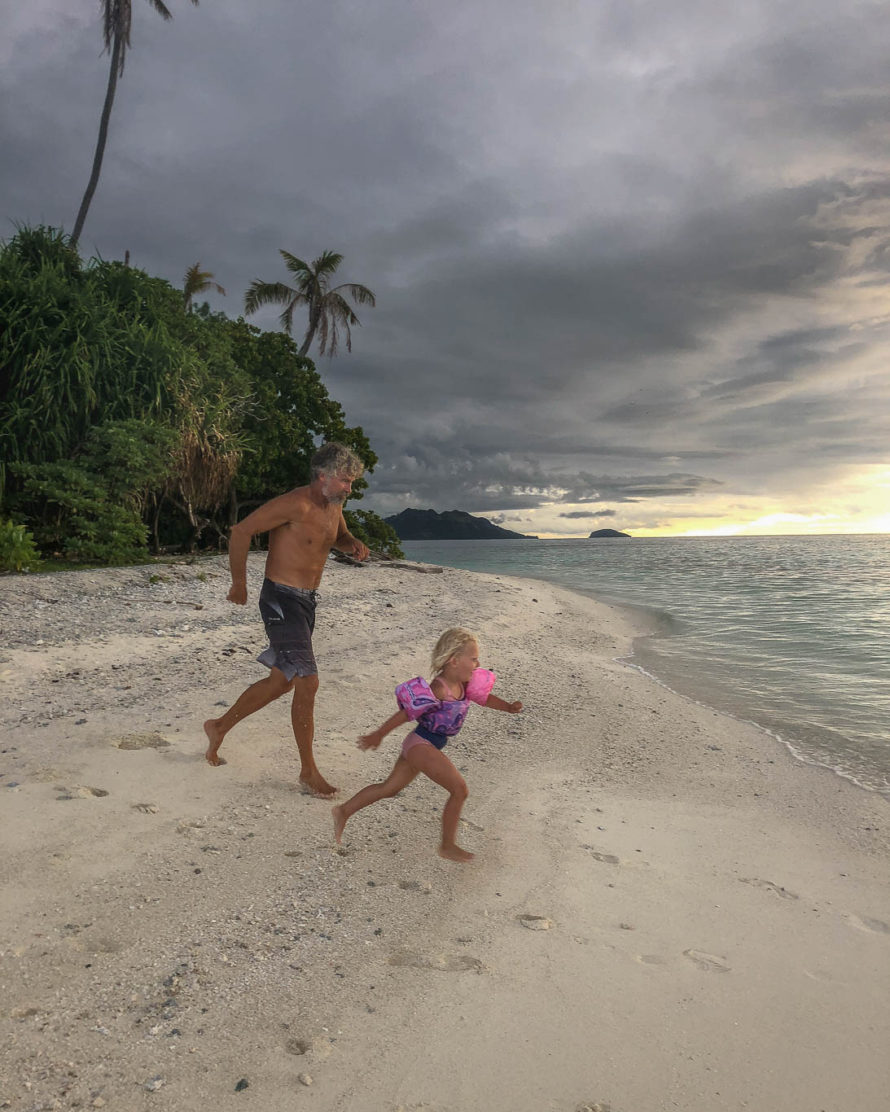




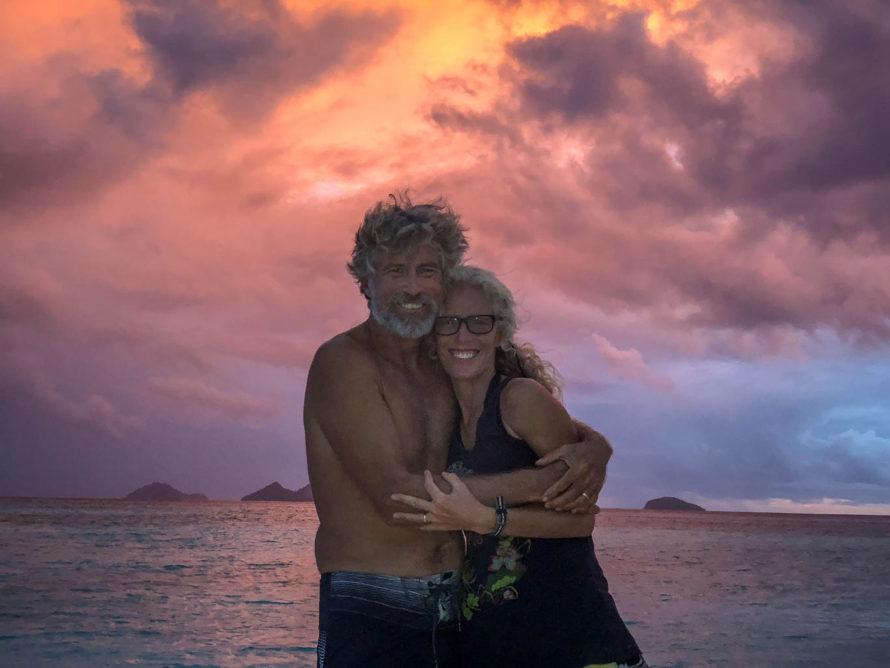
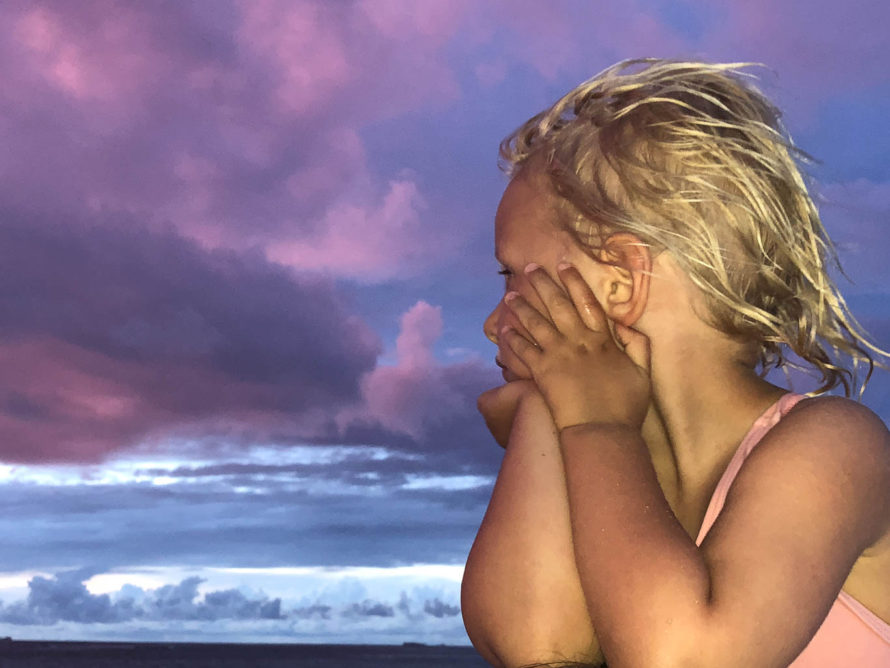
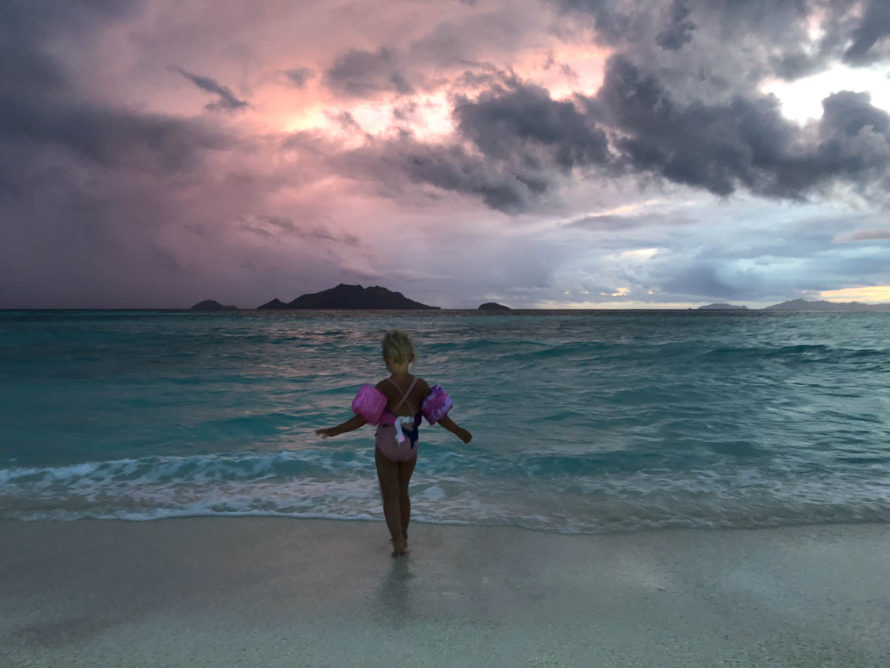

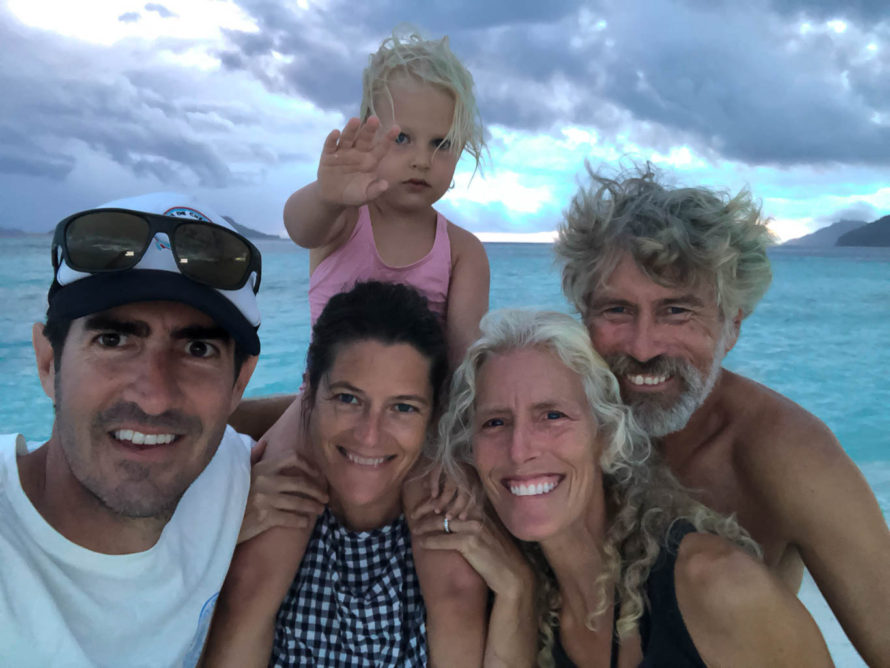
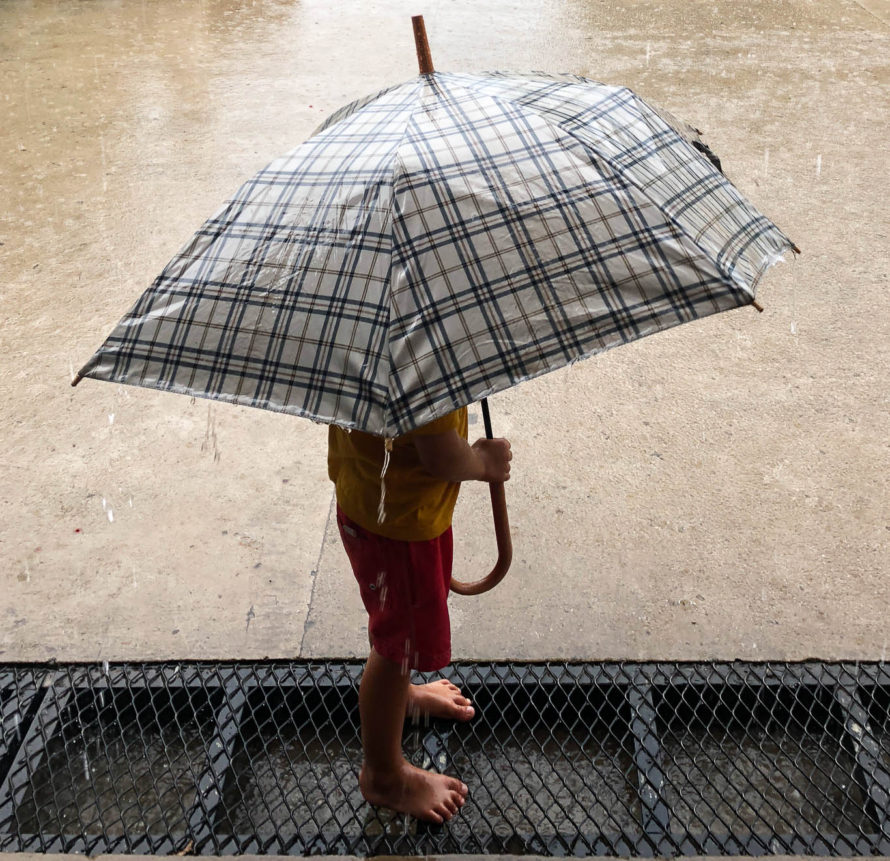

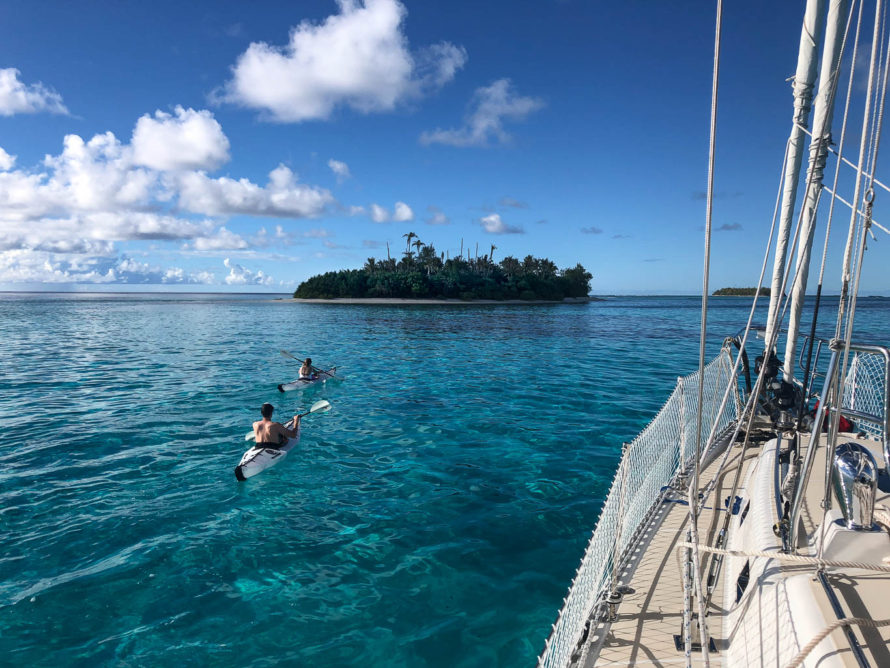

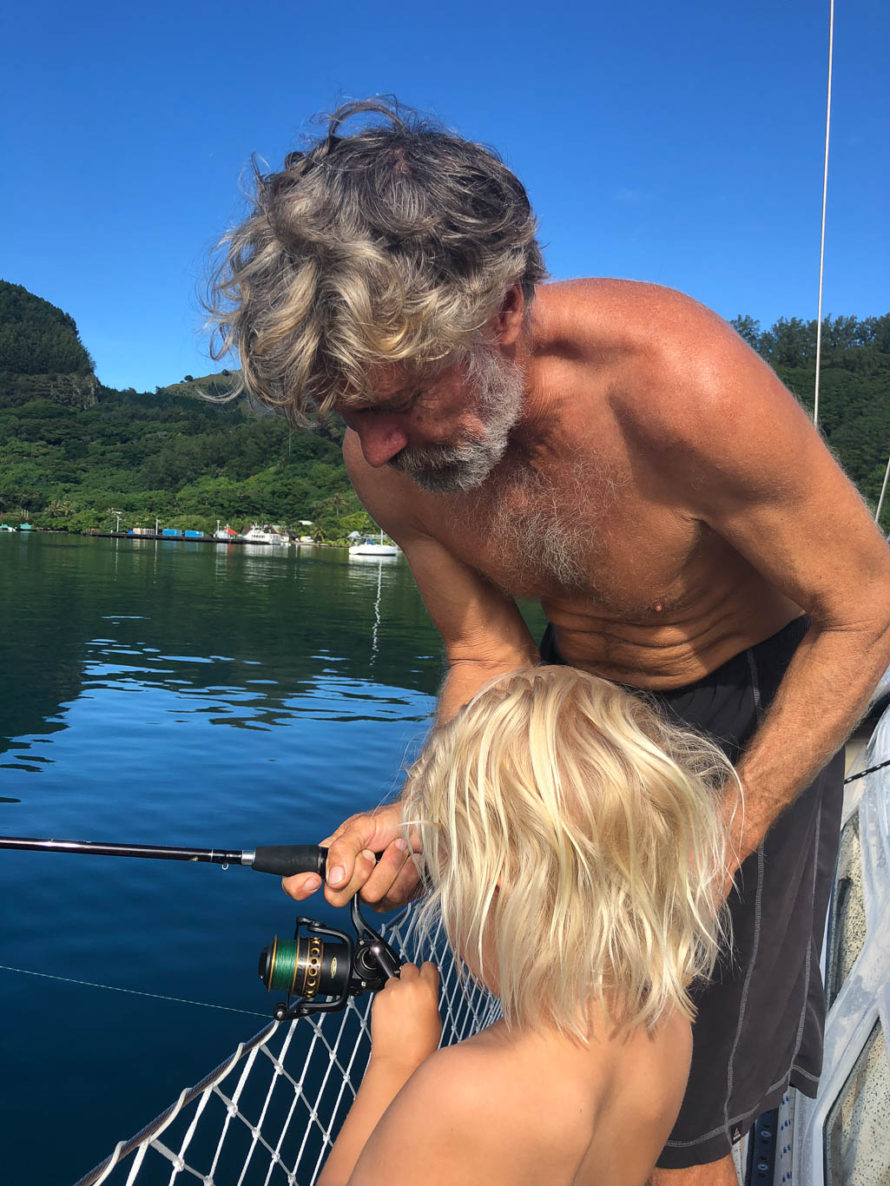
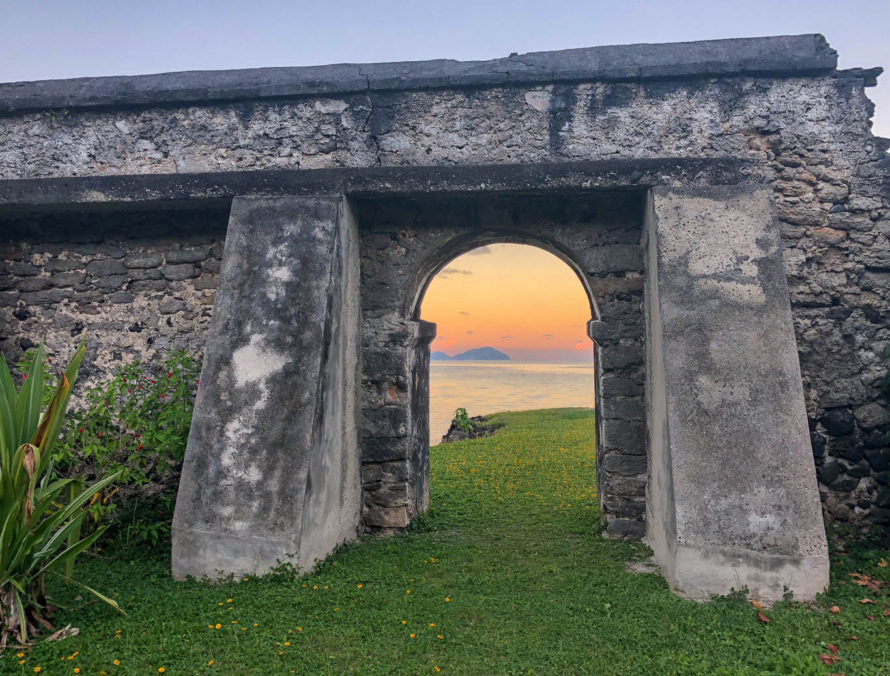
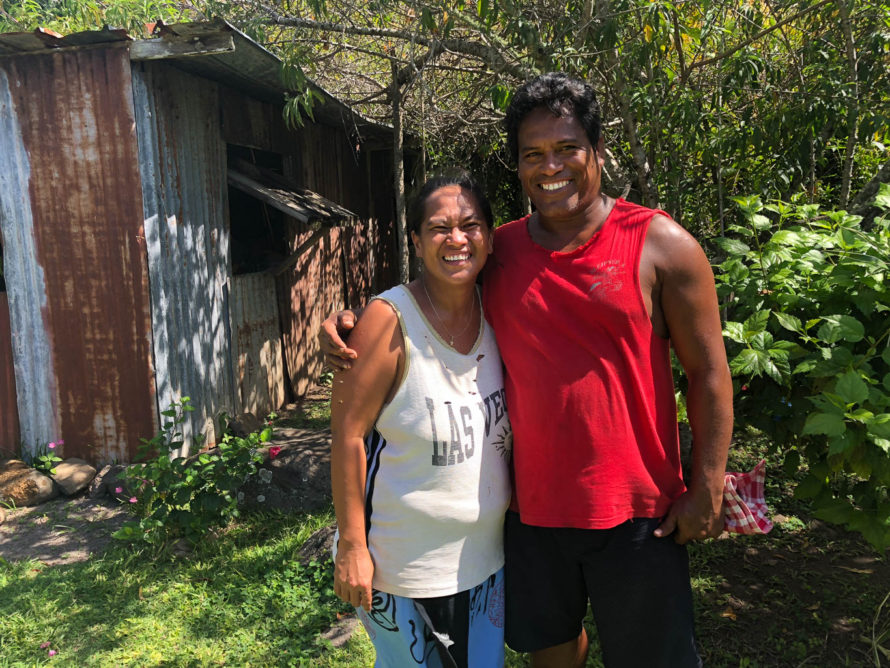
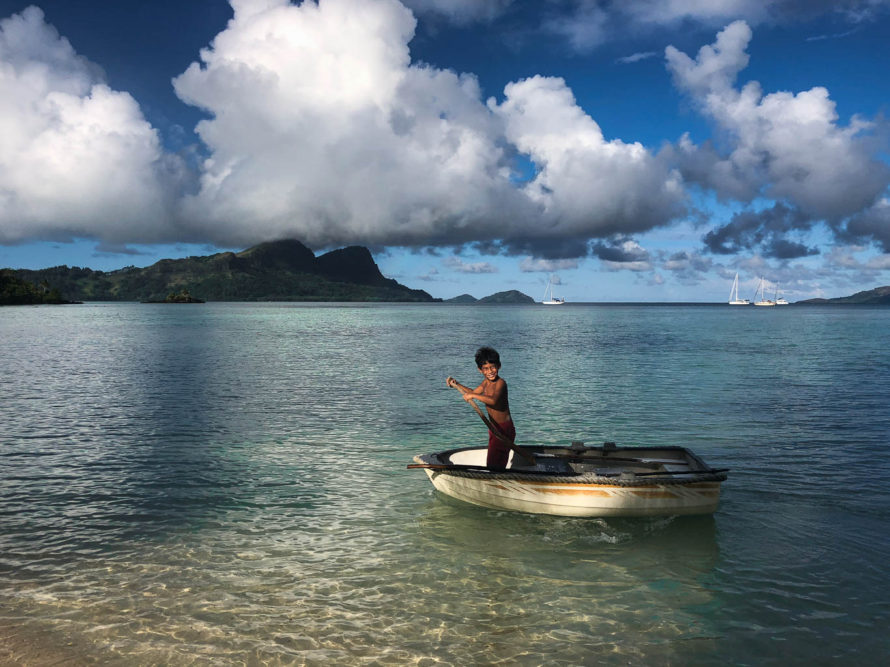
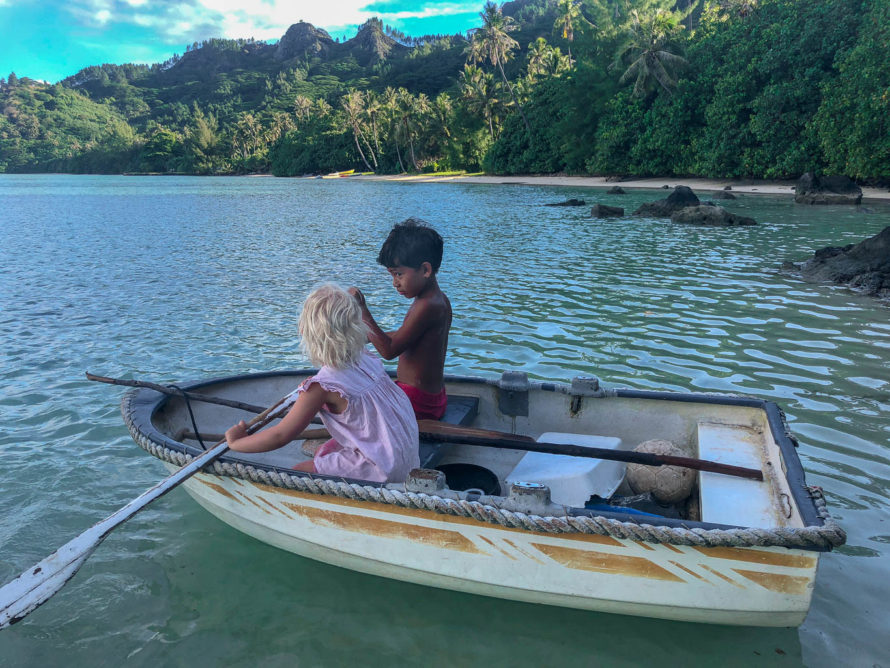


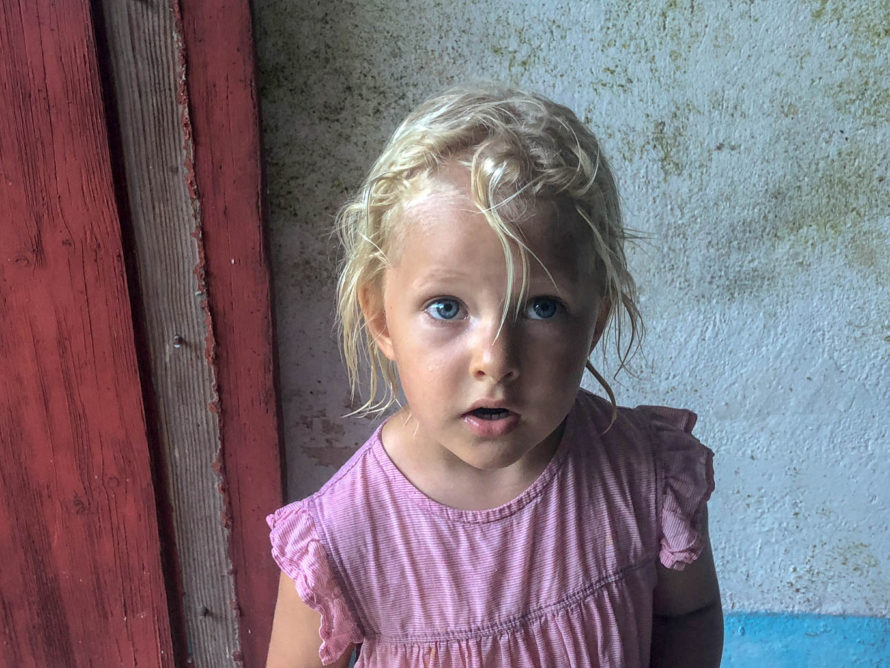

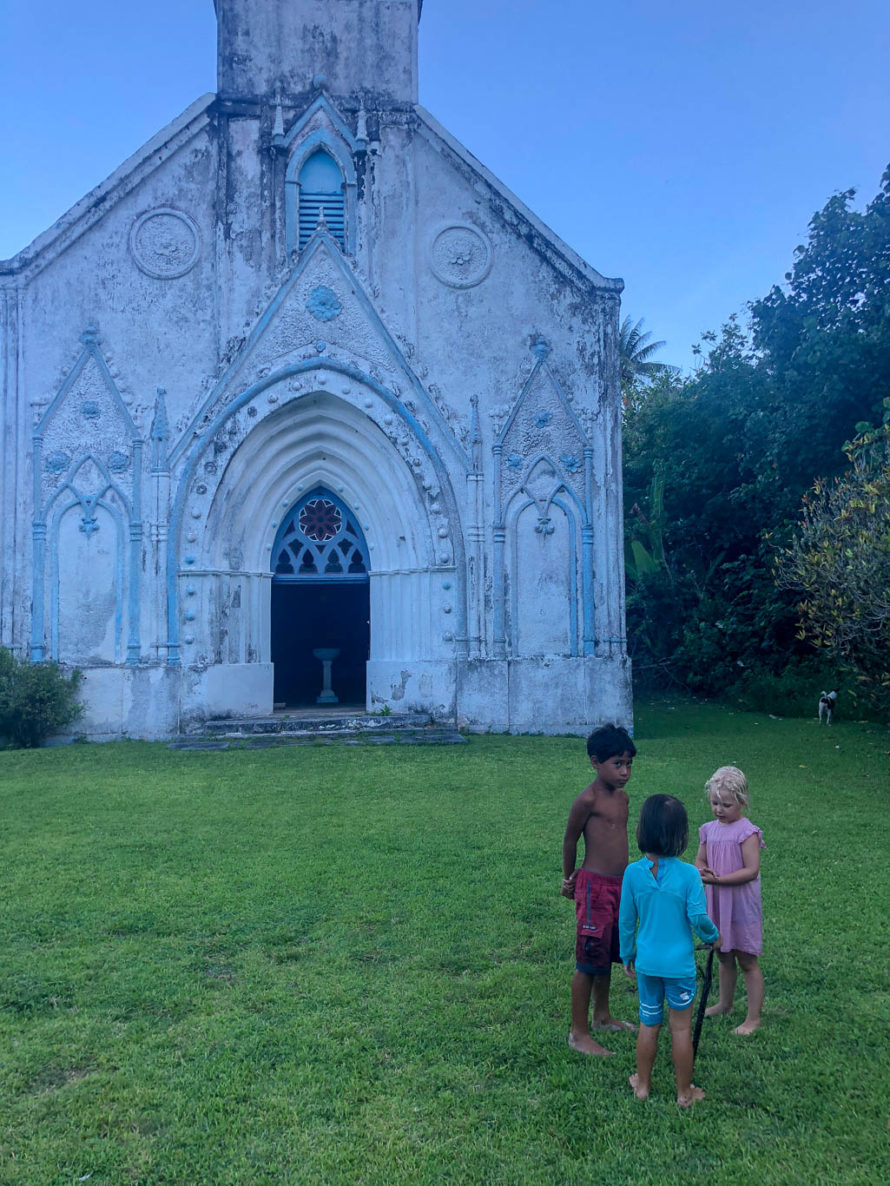


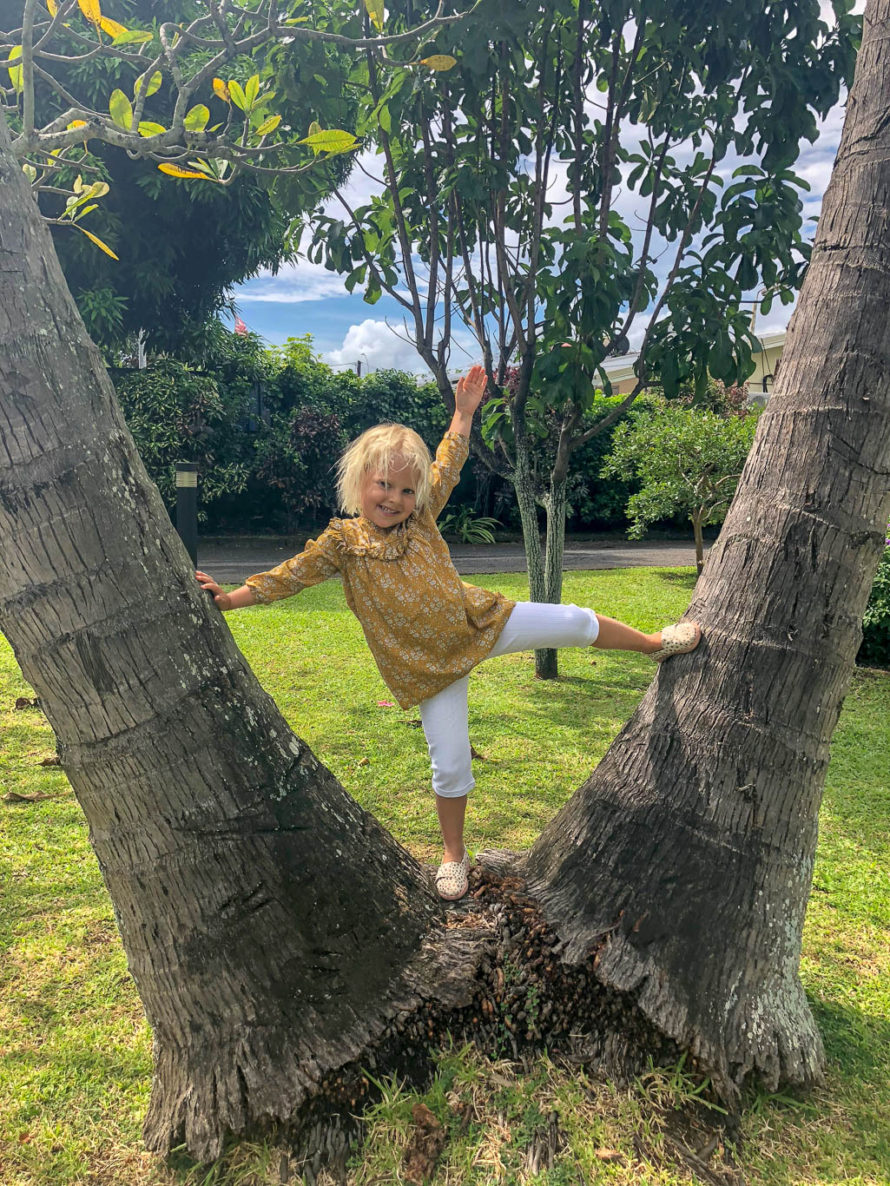
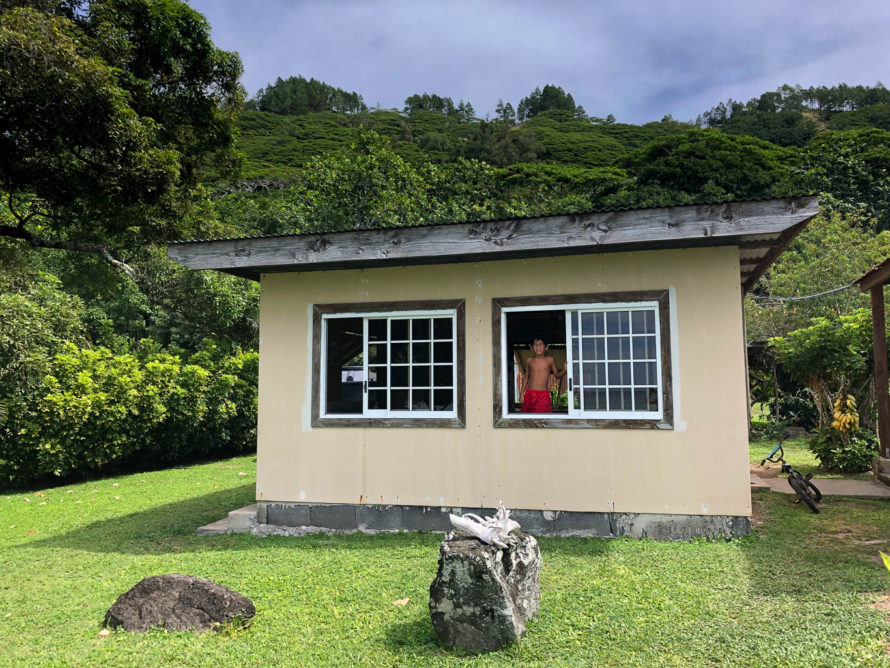
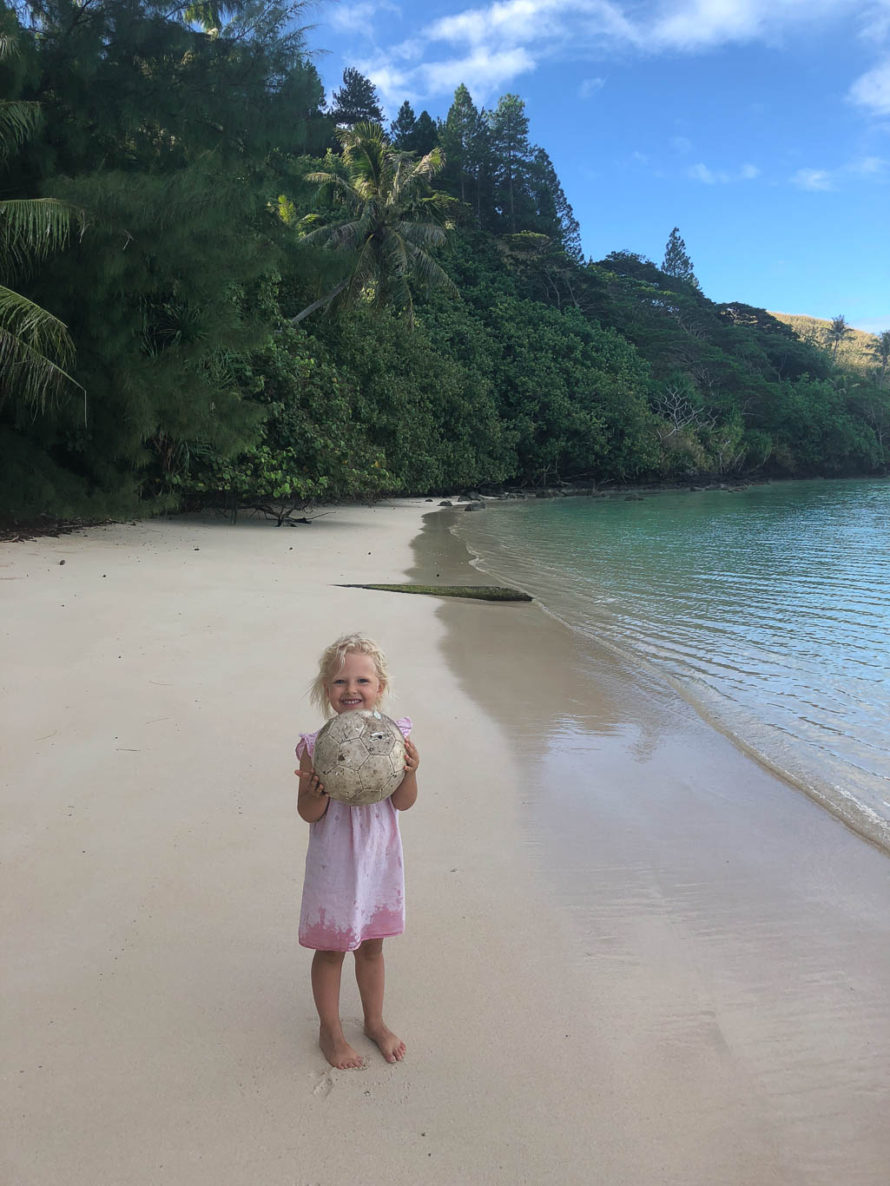


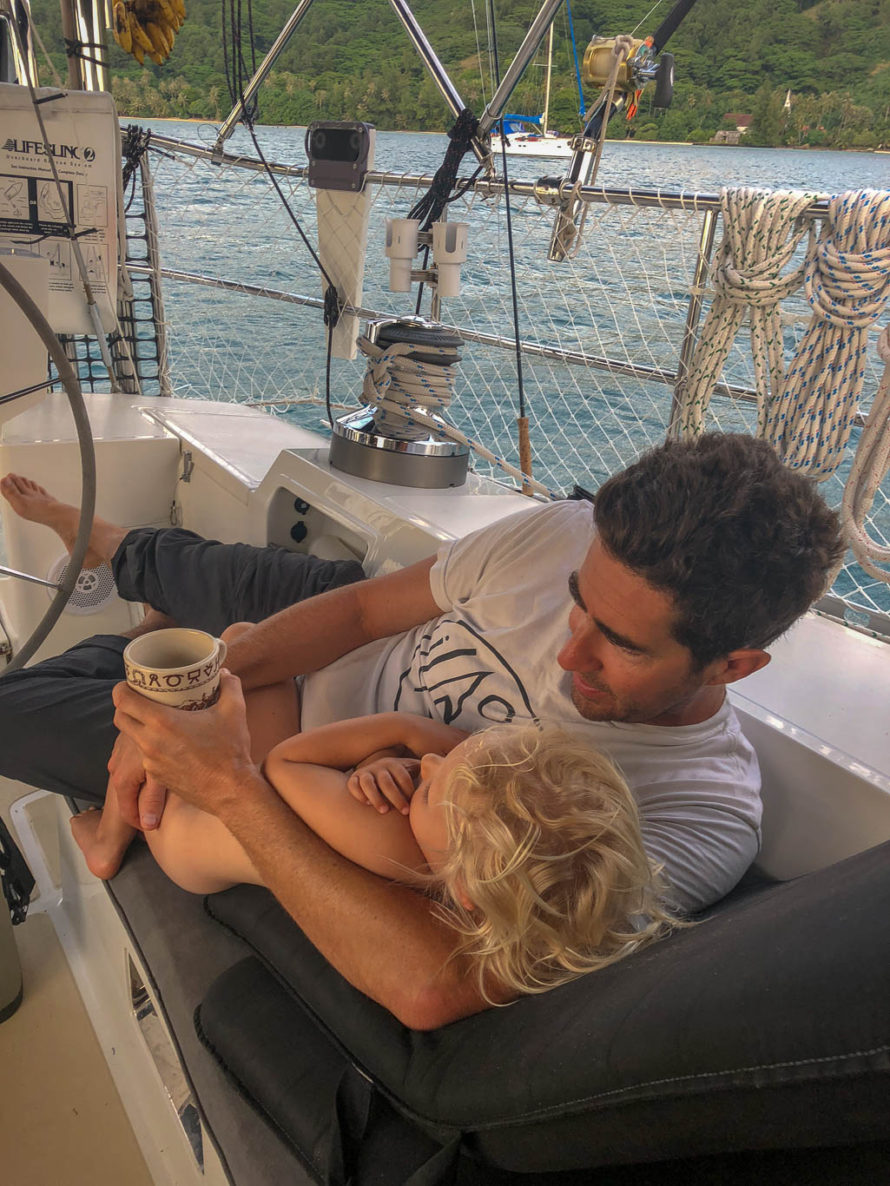

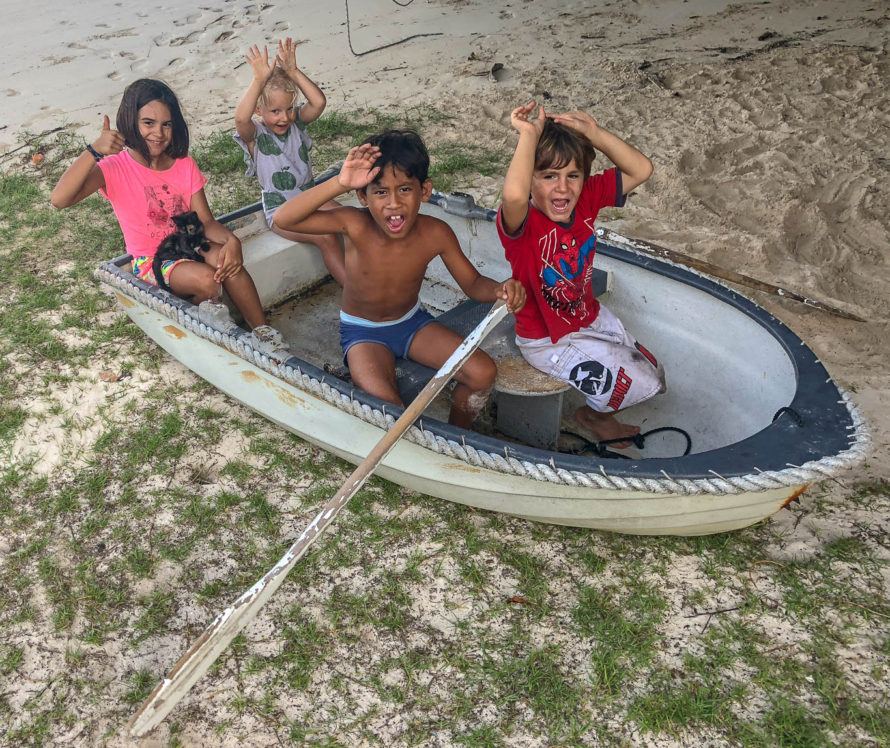
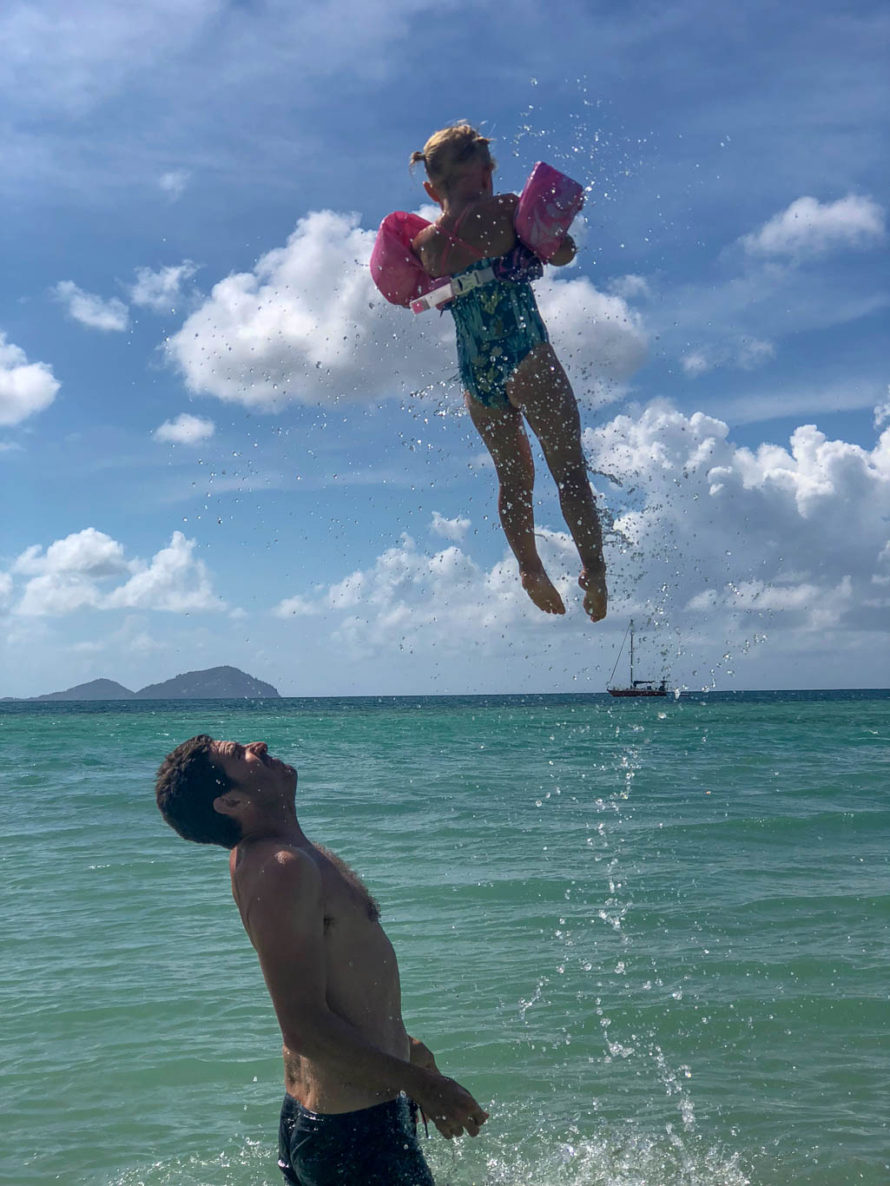
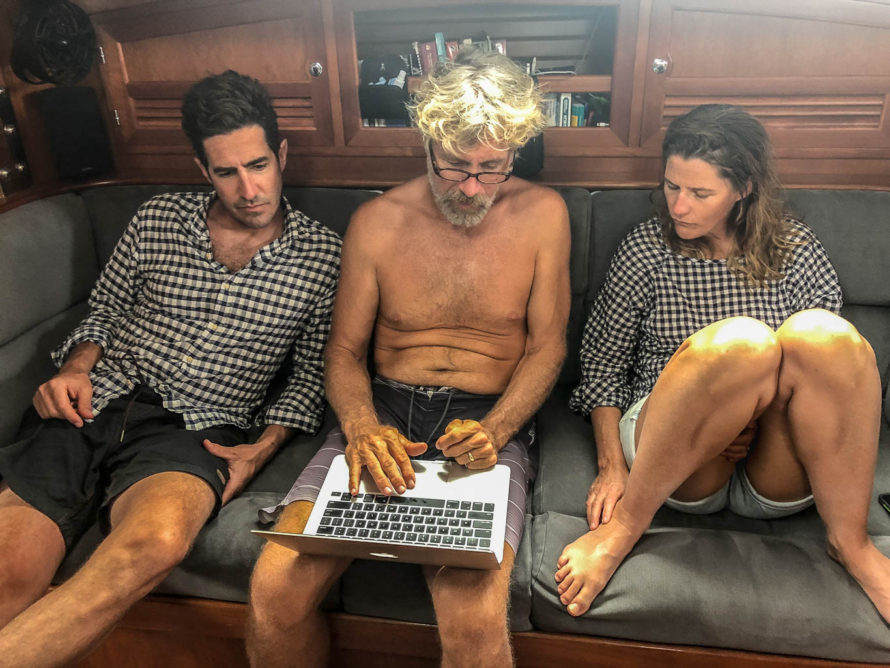
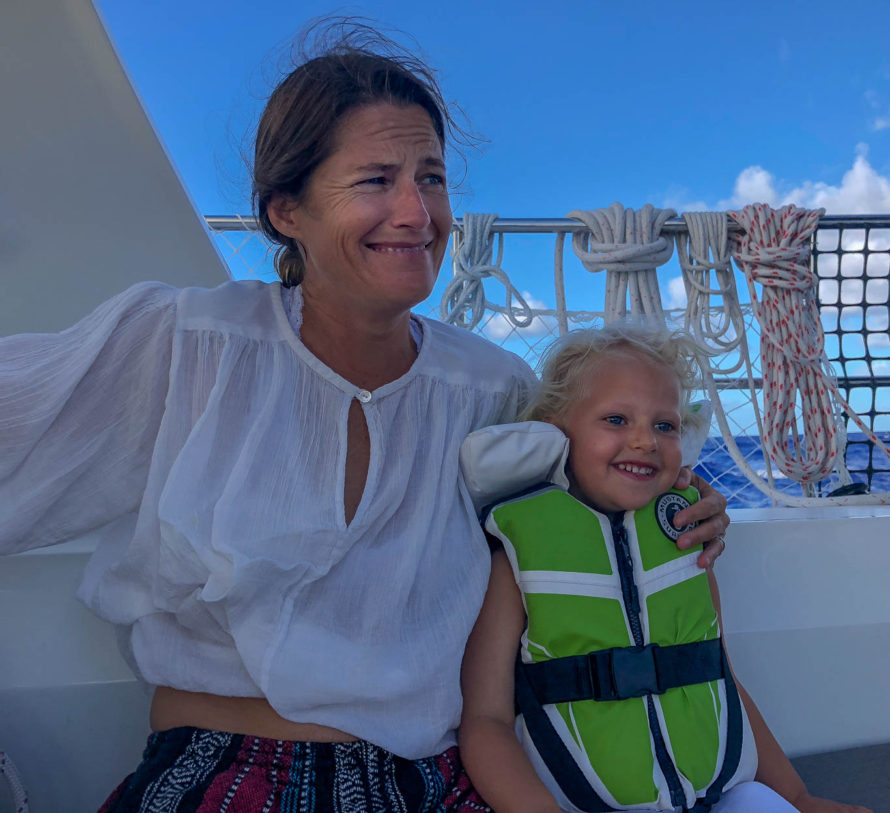
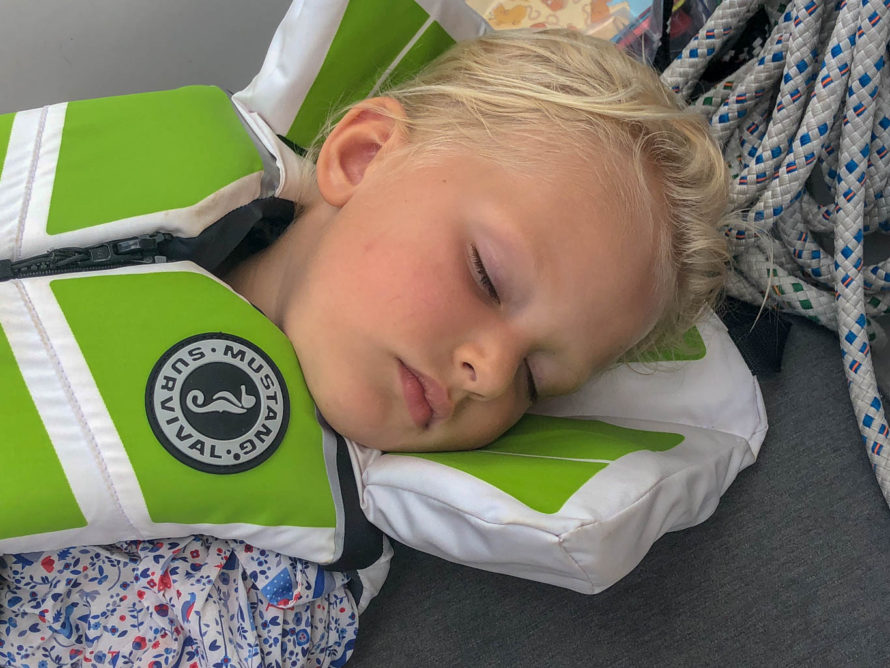
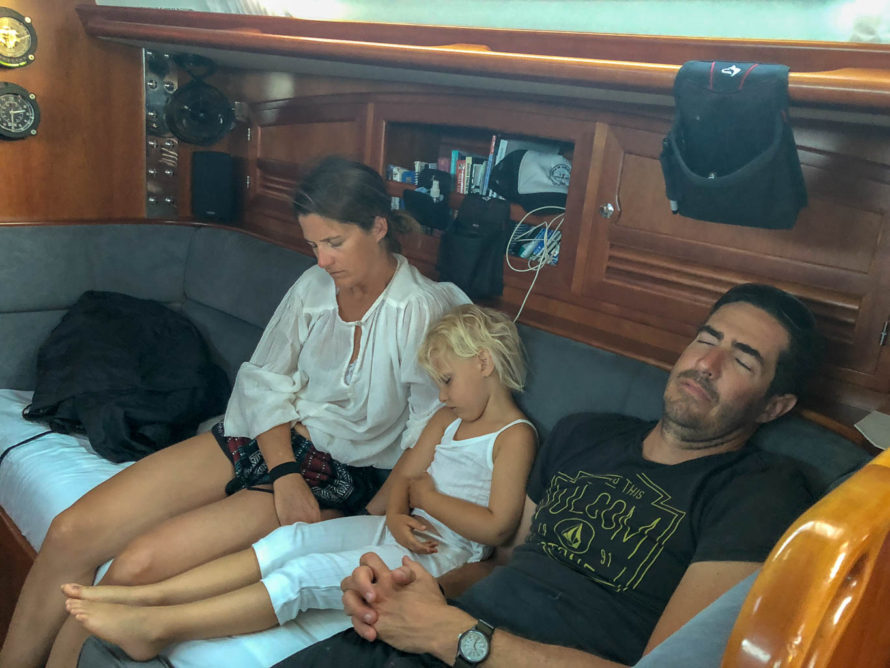
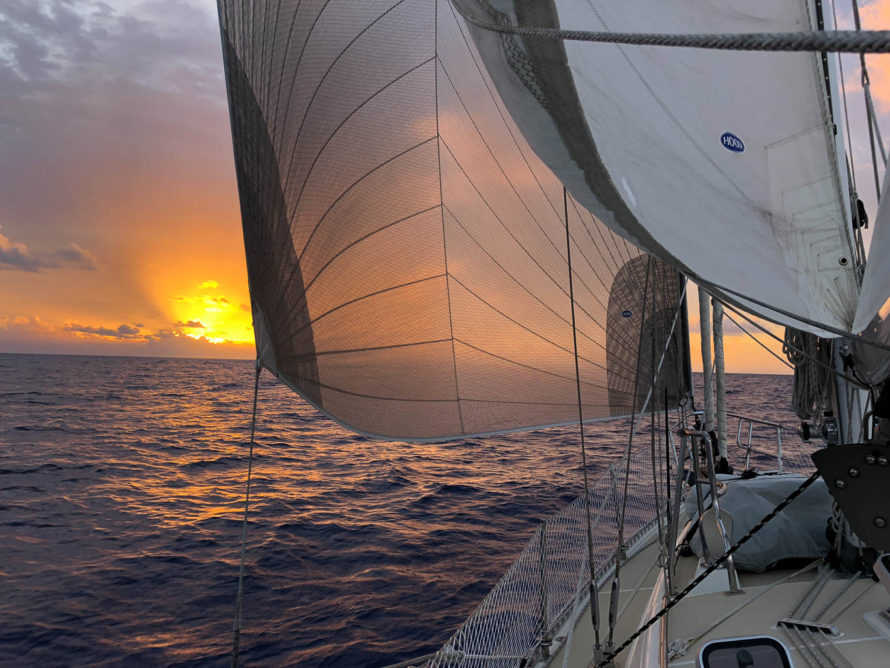
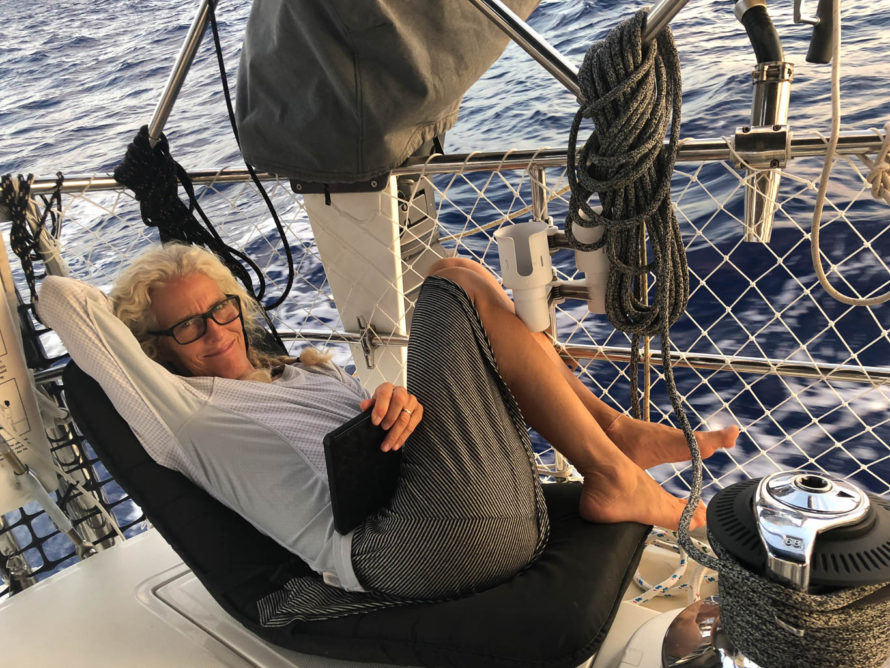
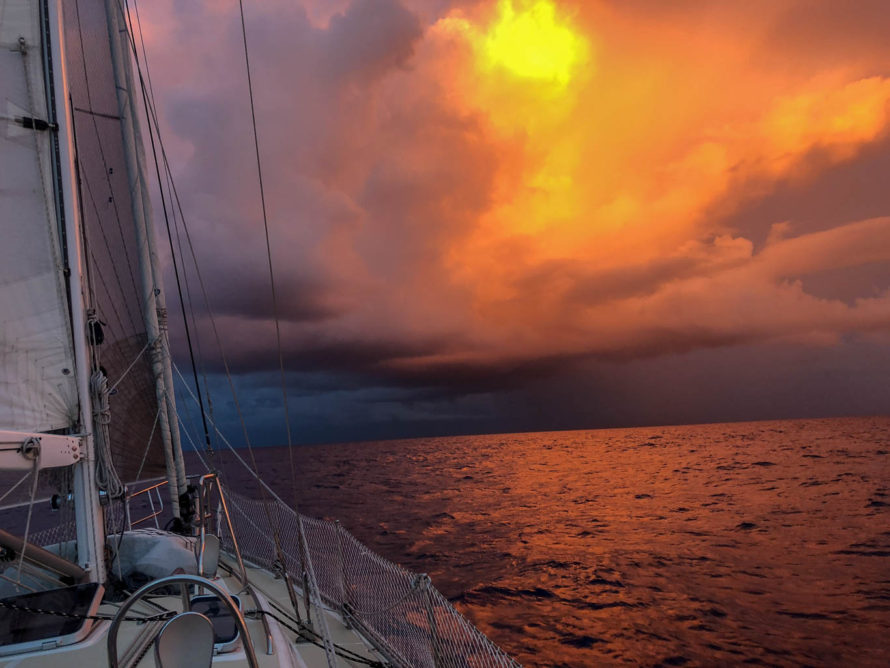
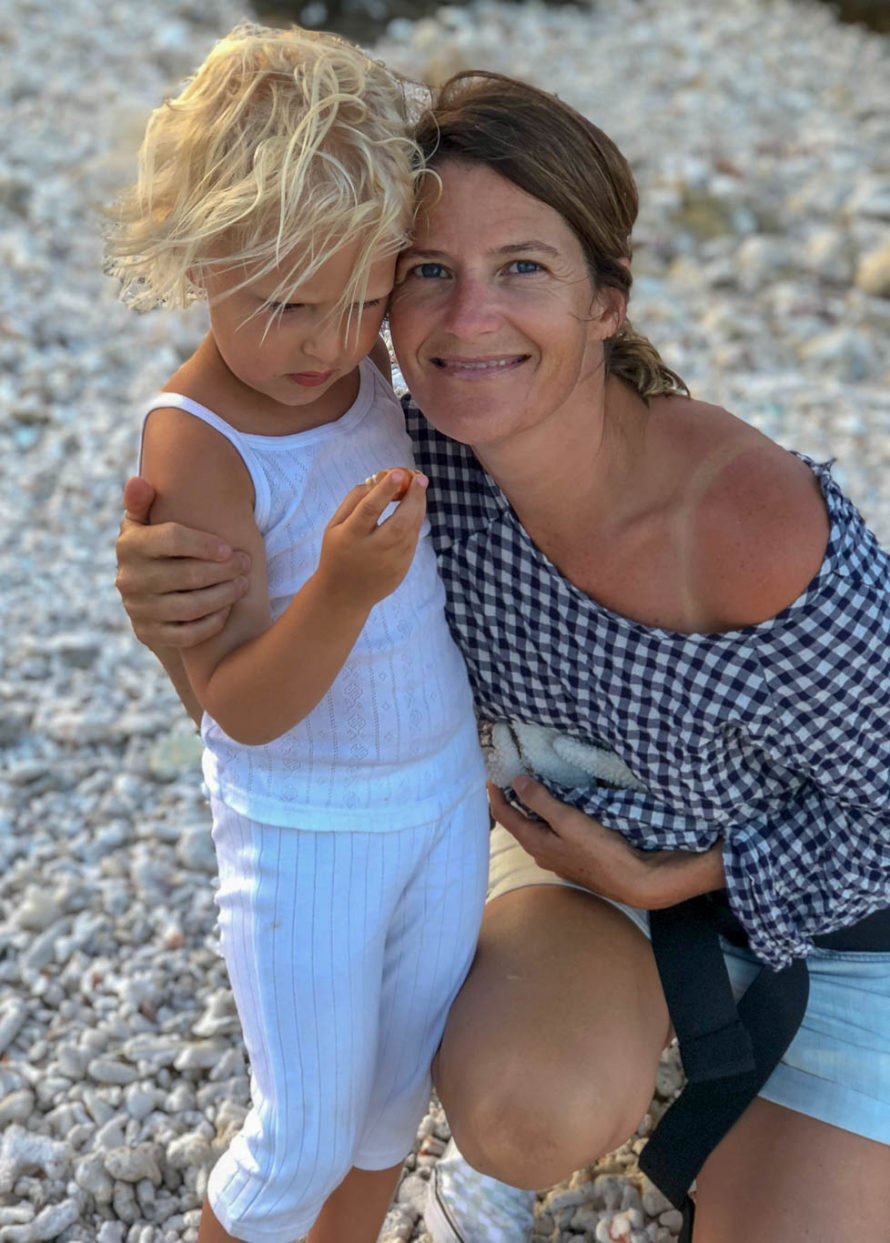
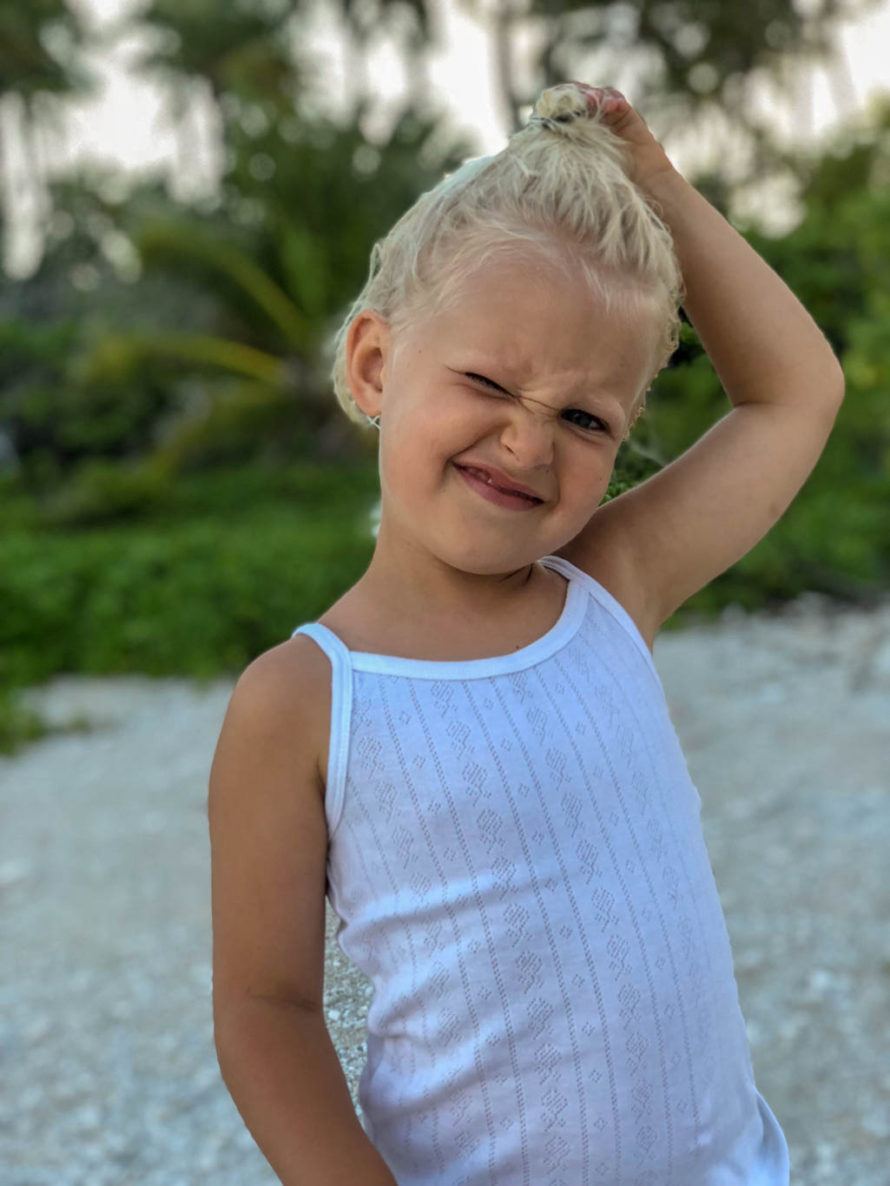
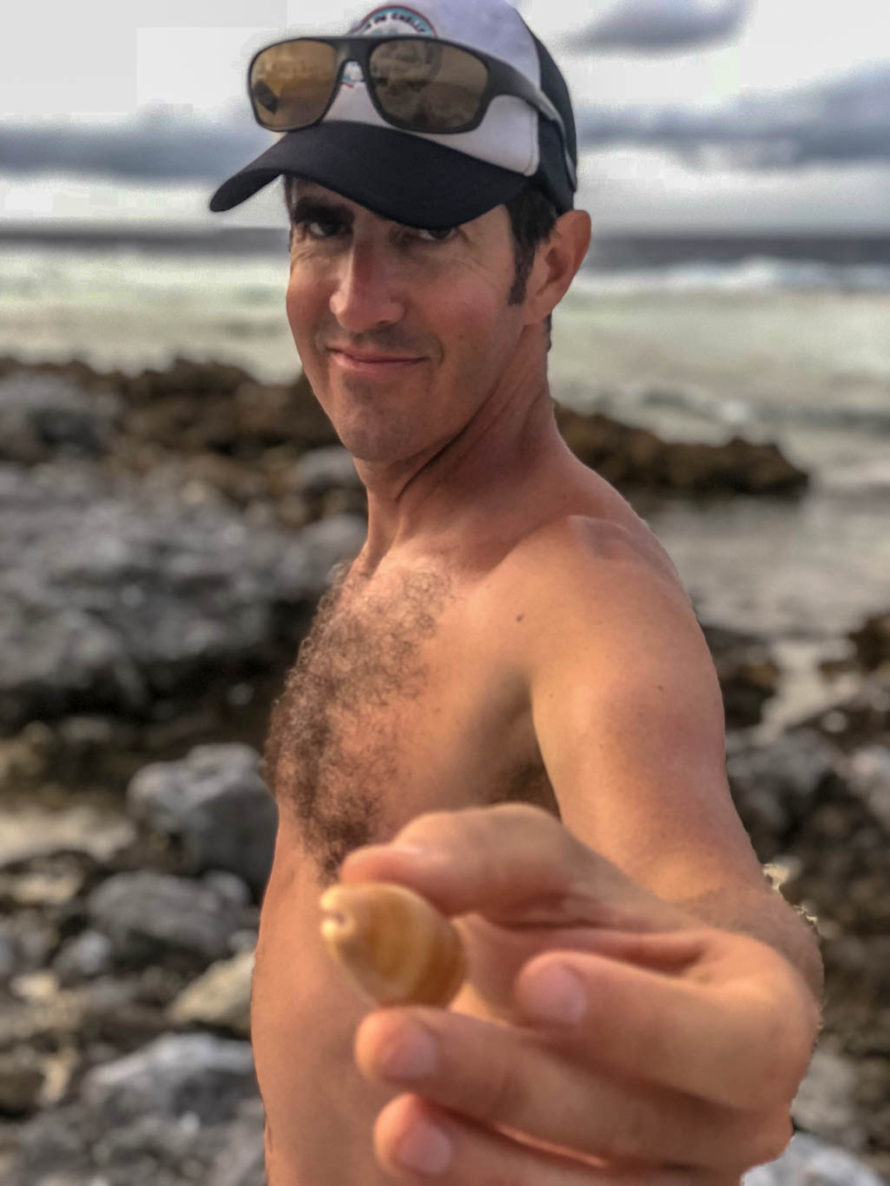
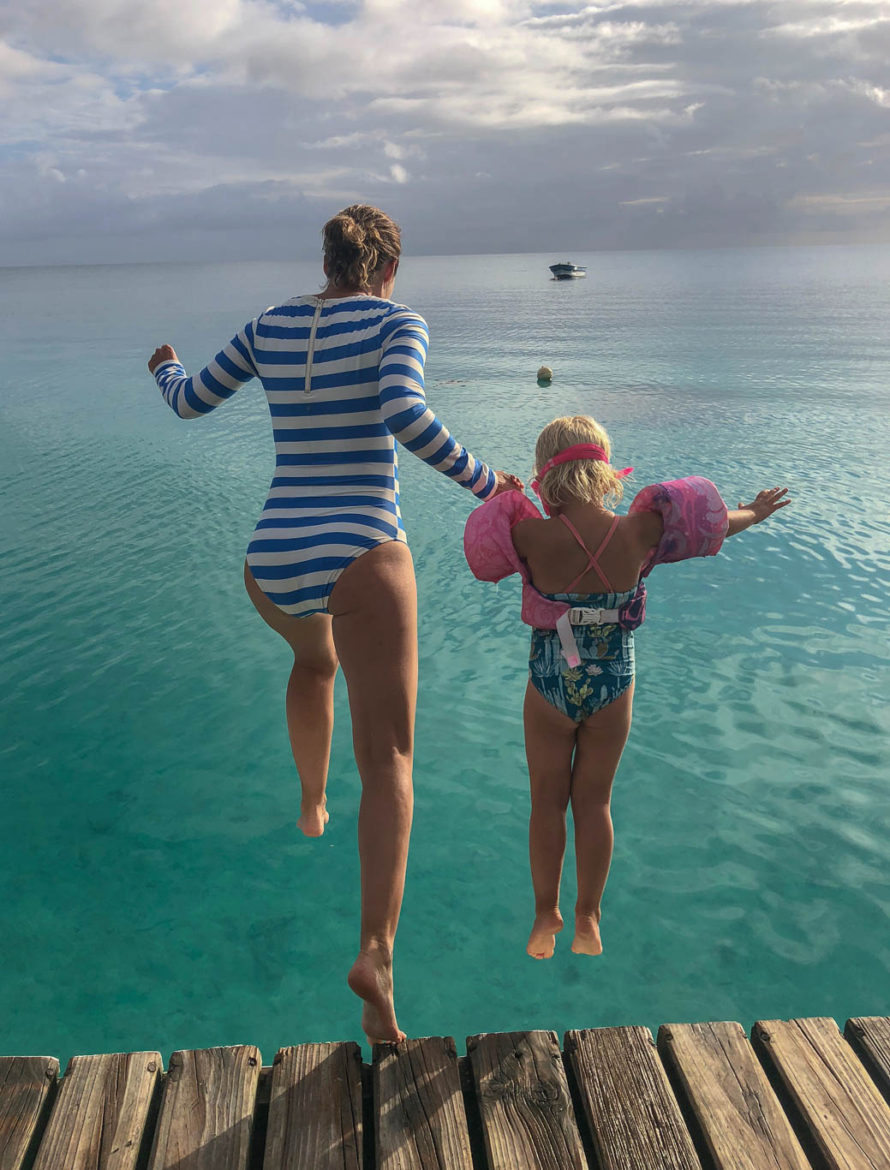

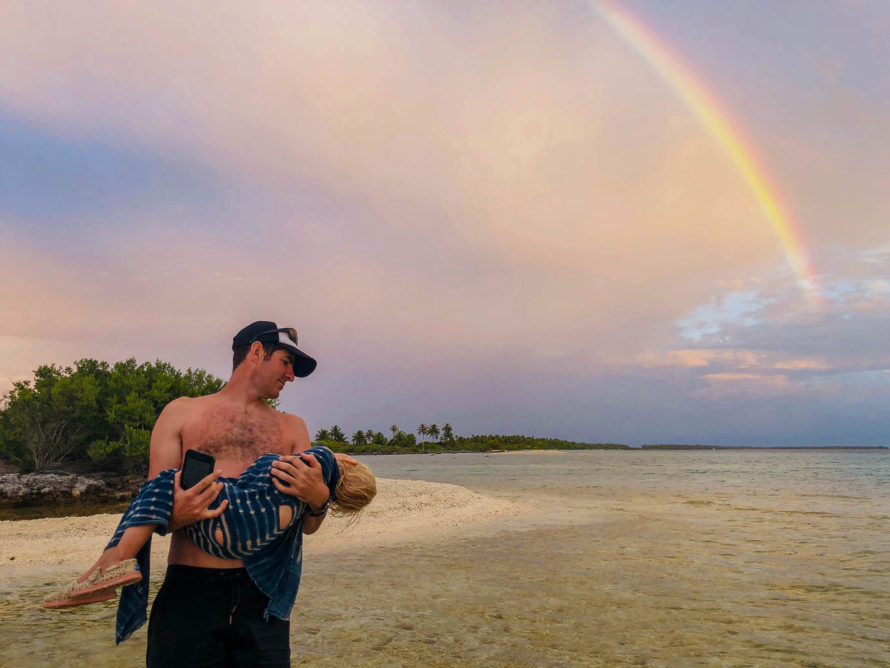
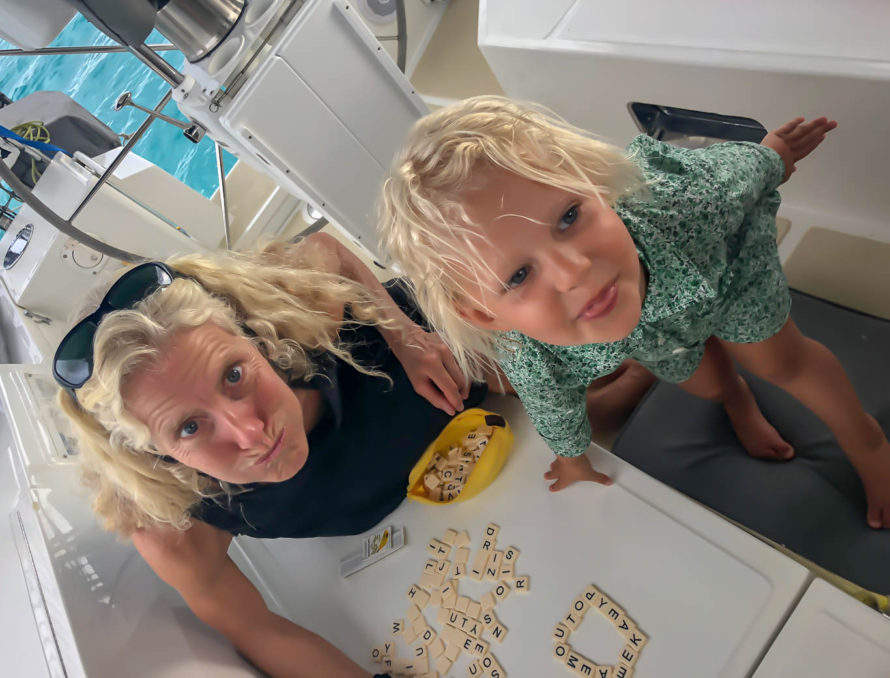


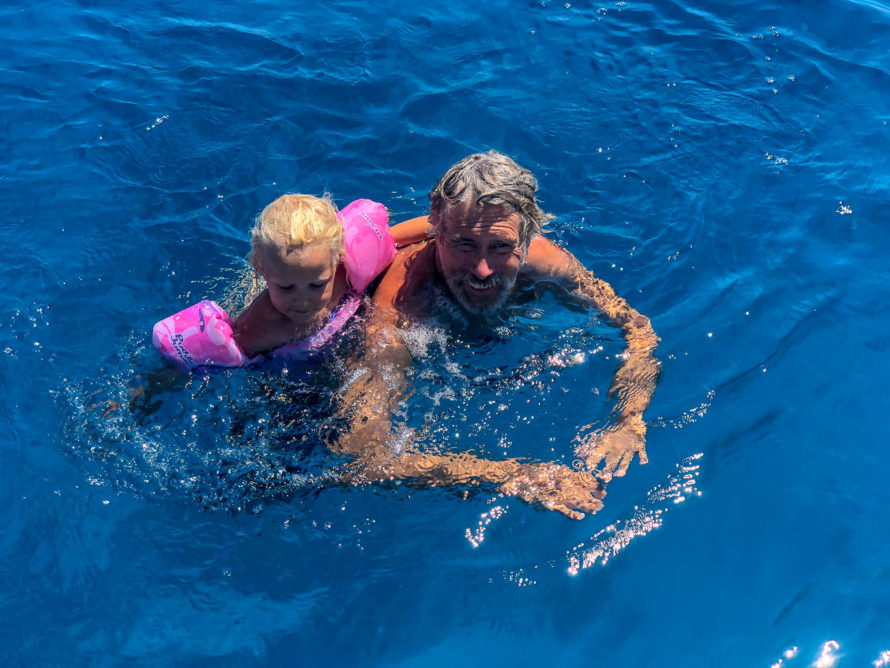



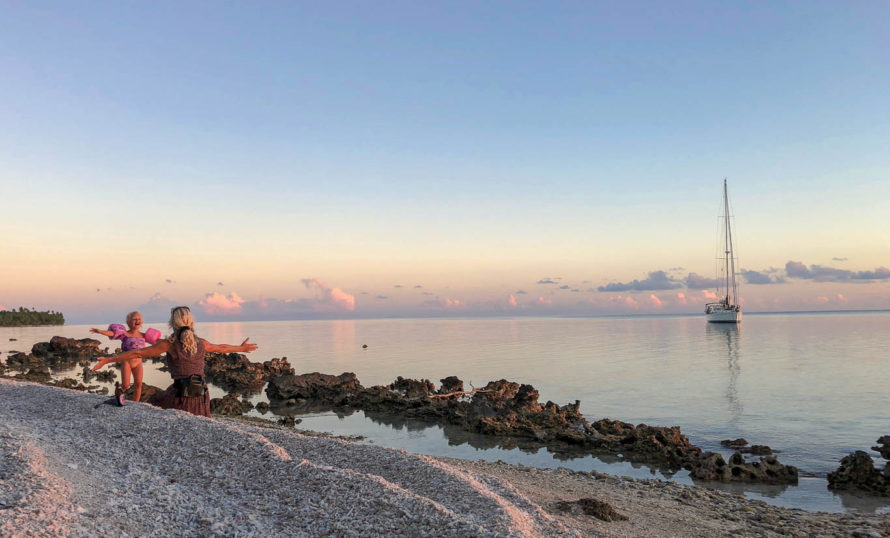
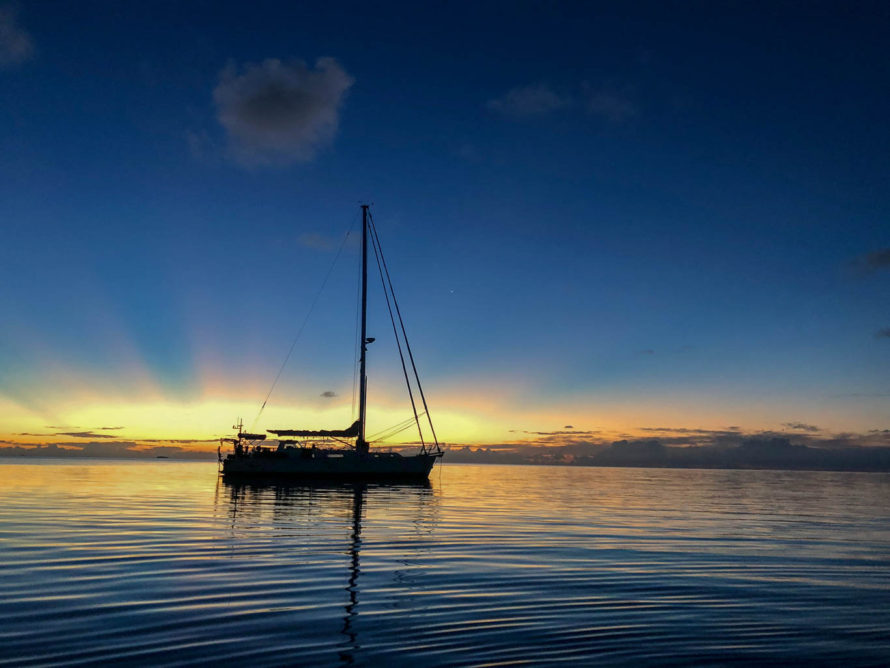
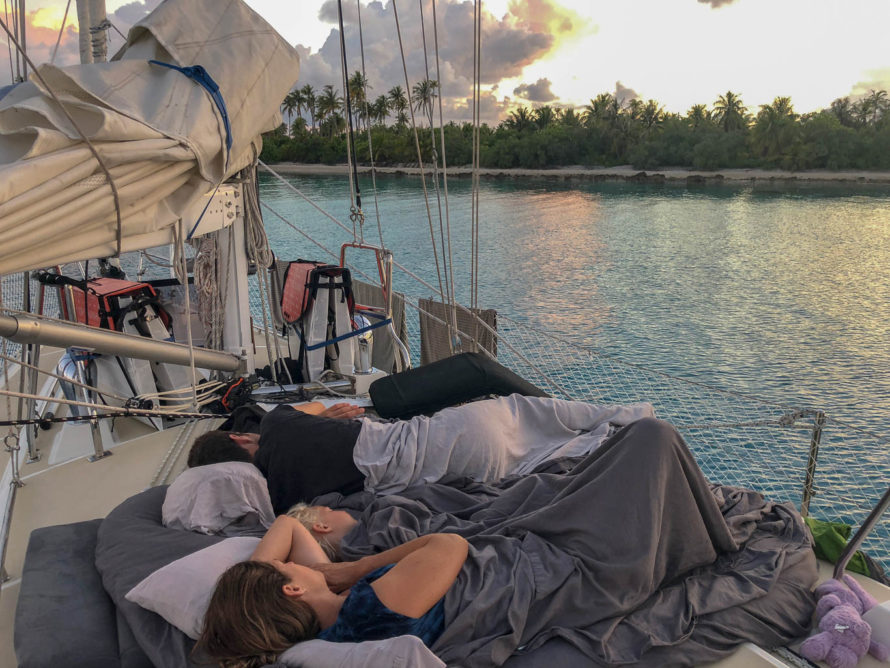
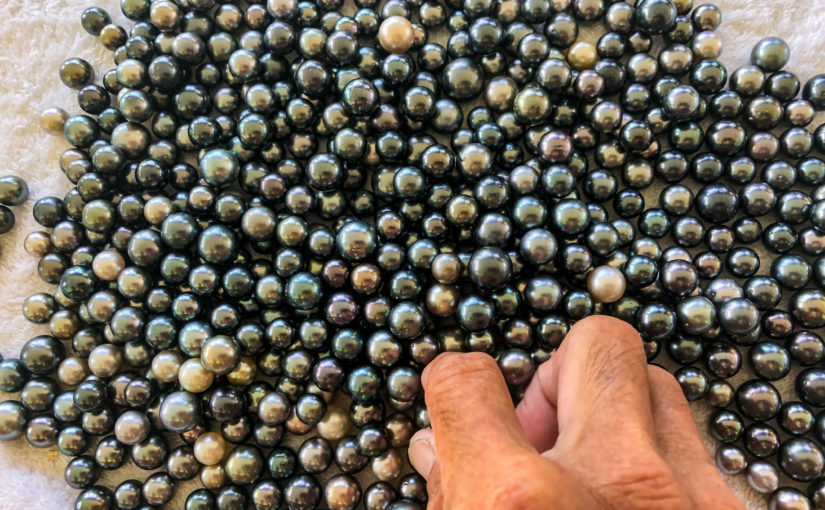















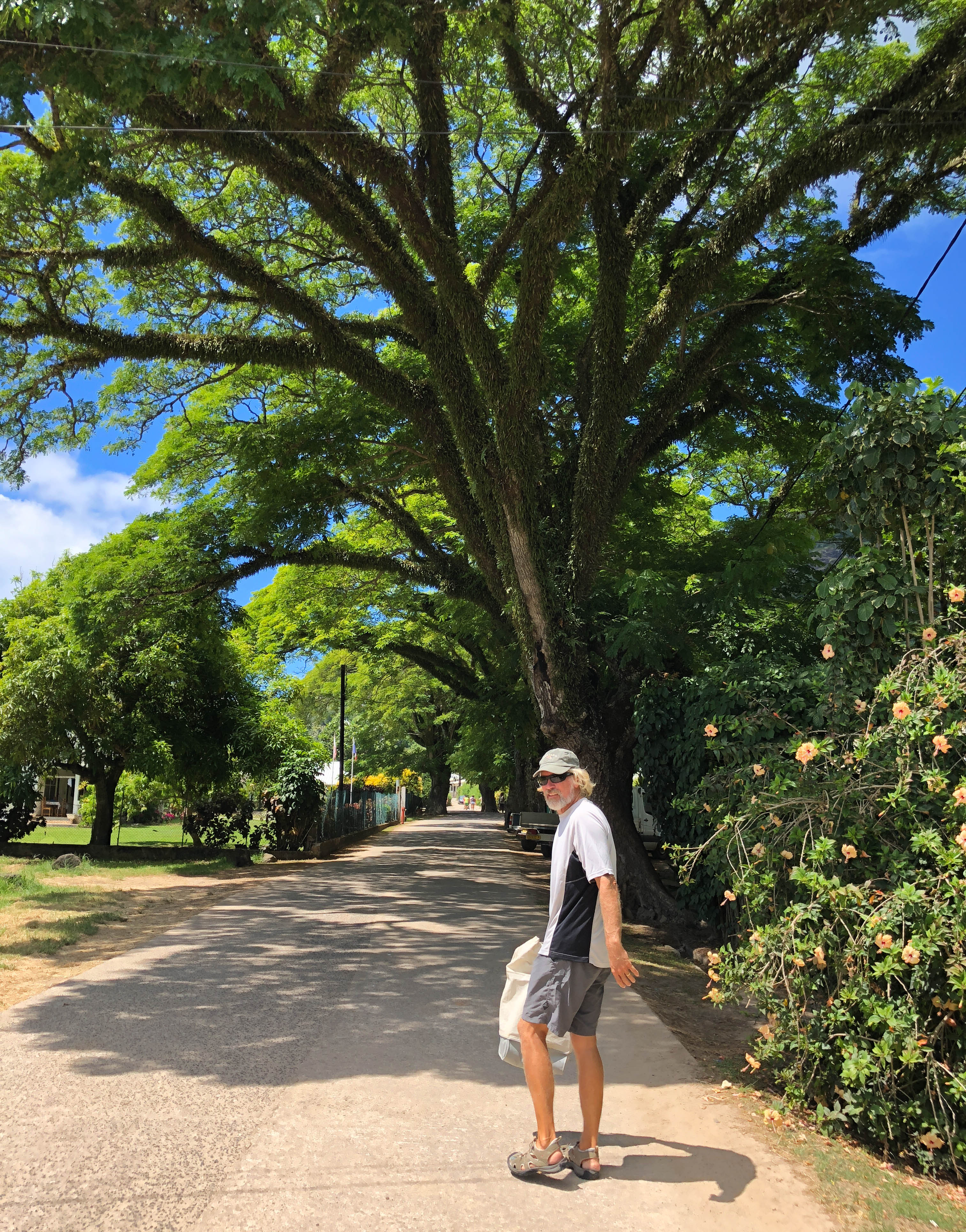































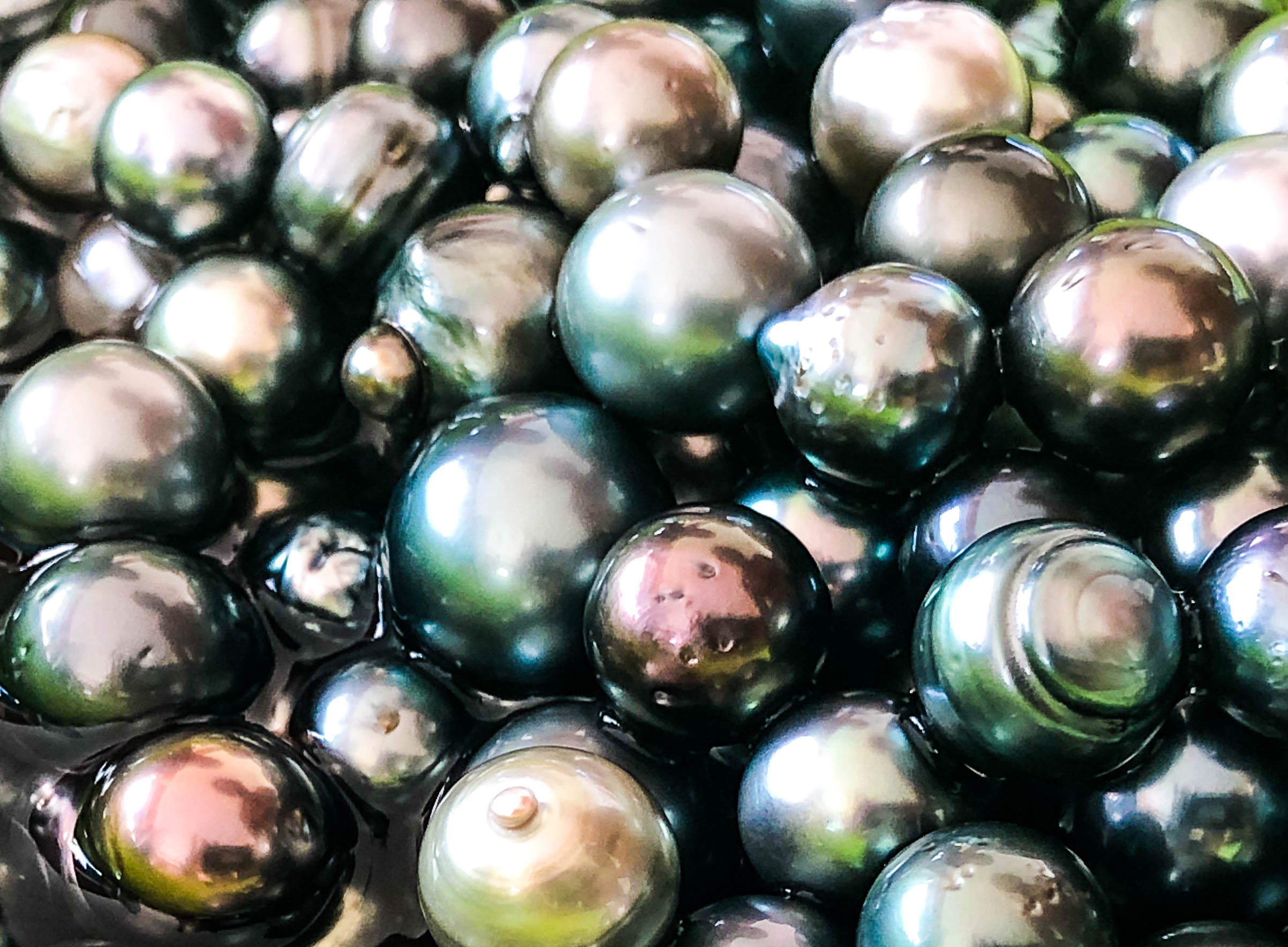





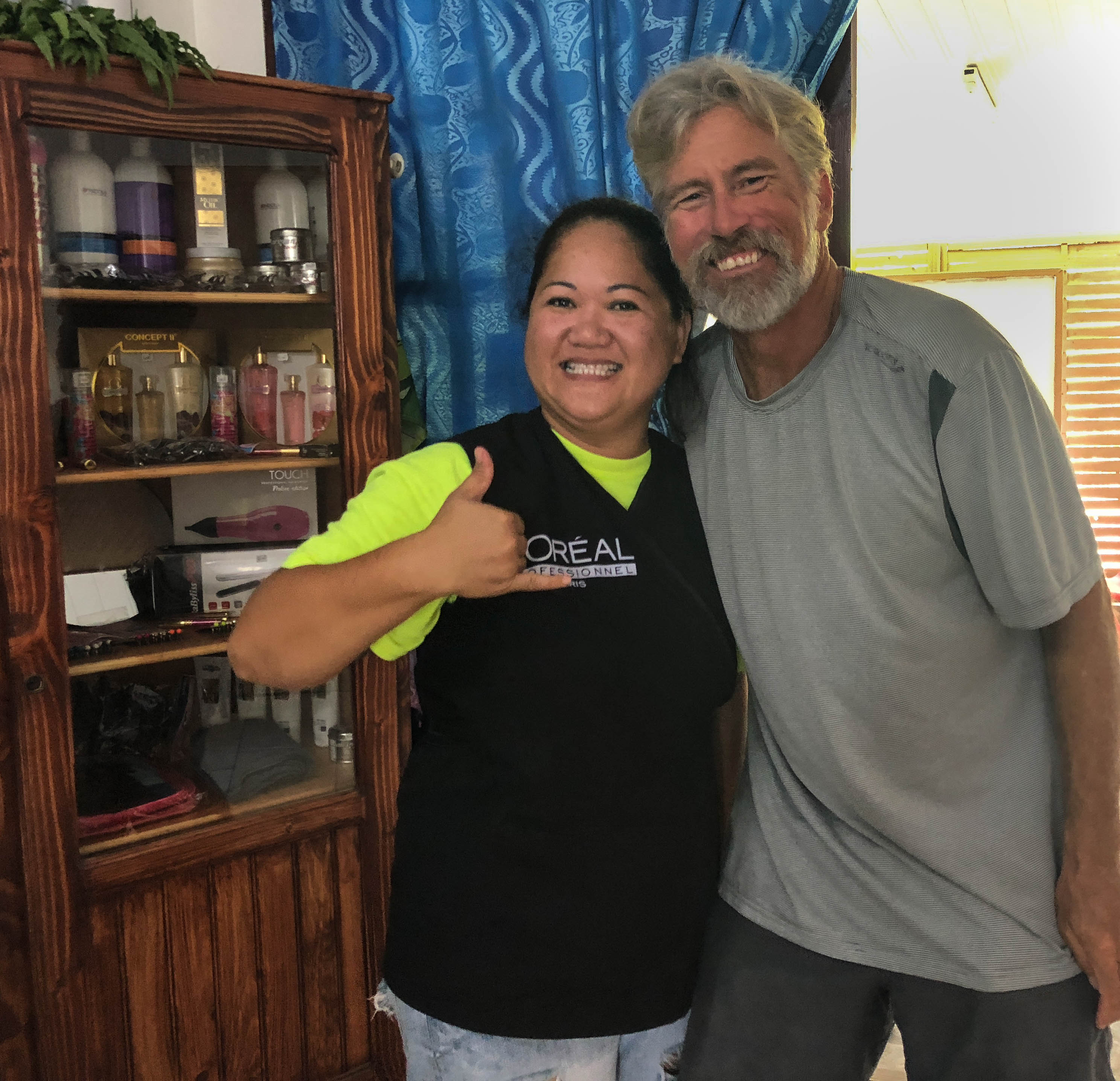










 " data-envira-height="523" data-envira-width="570" />
" data-envira-height="523" data-envira-width="570" />




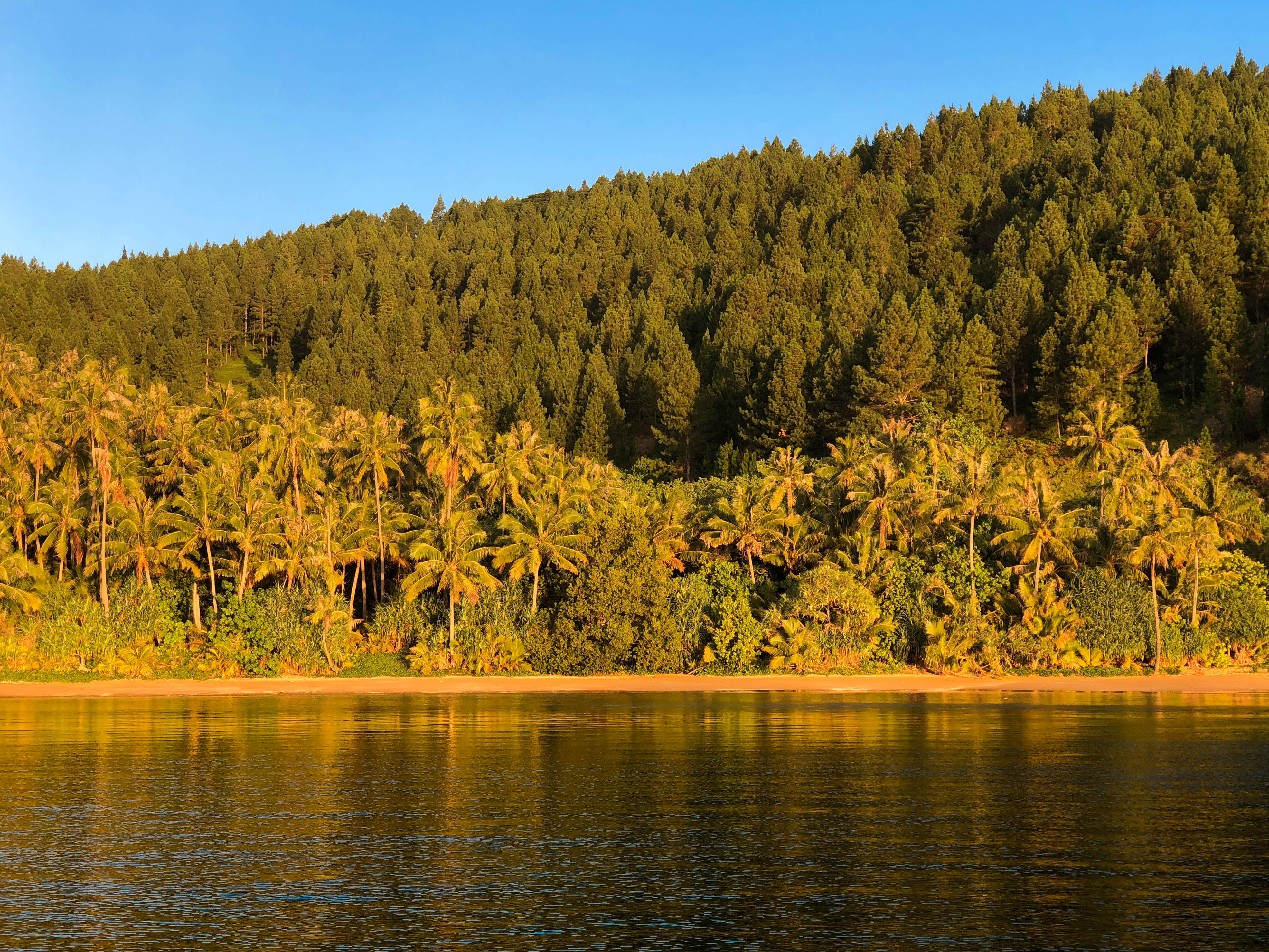



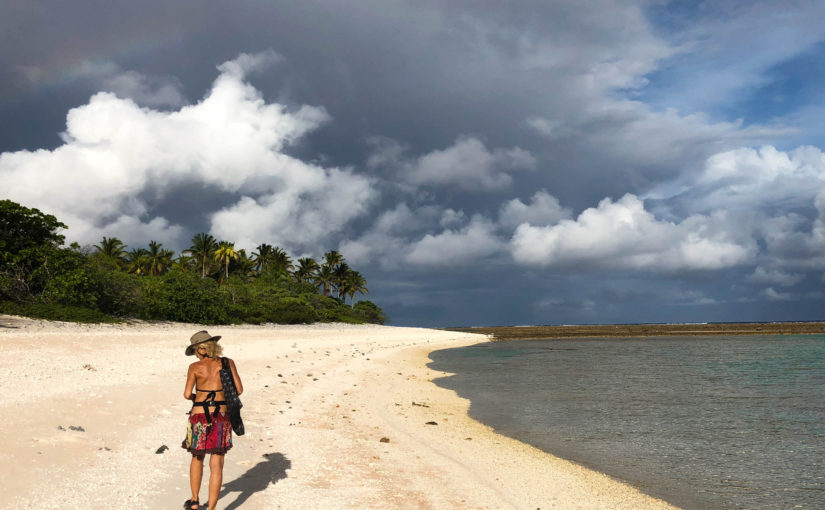






























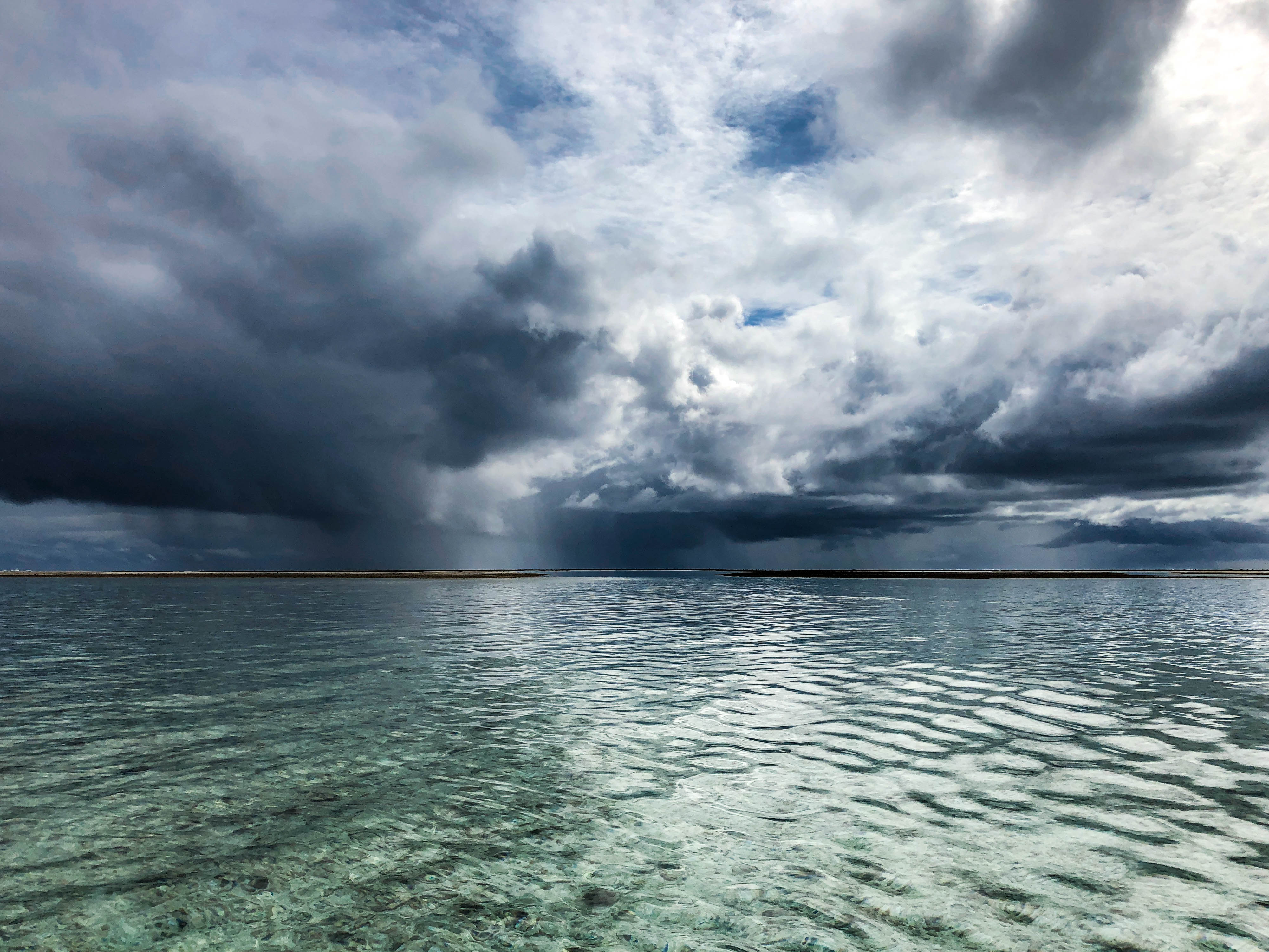






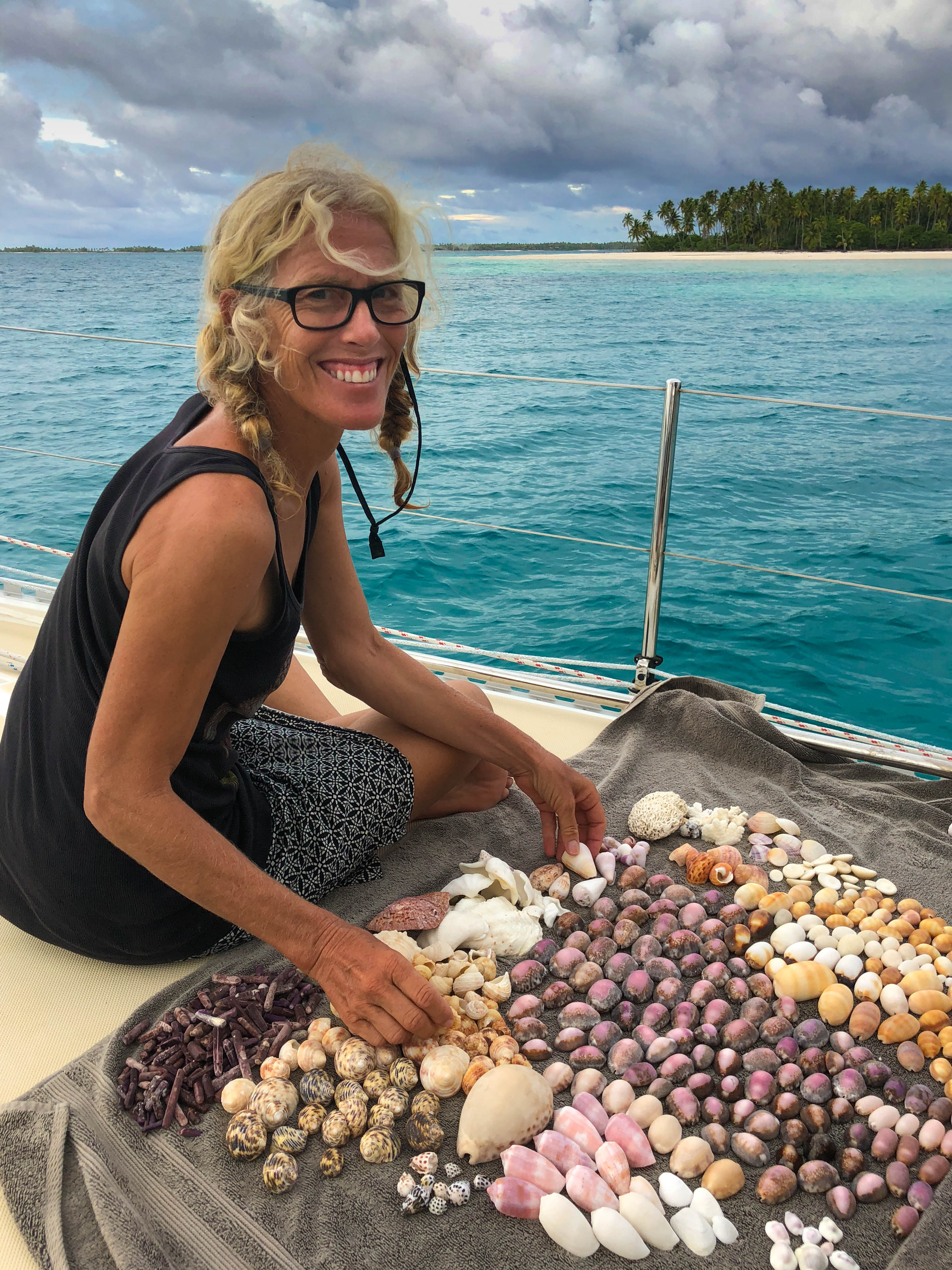


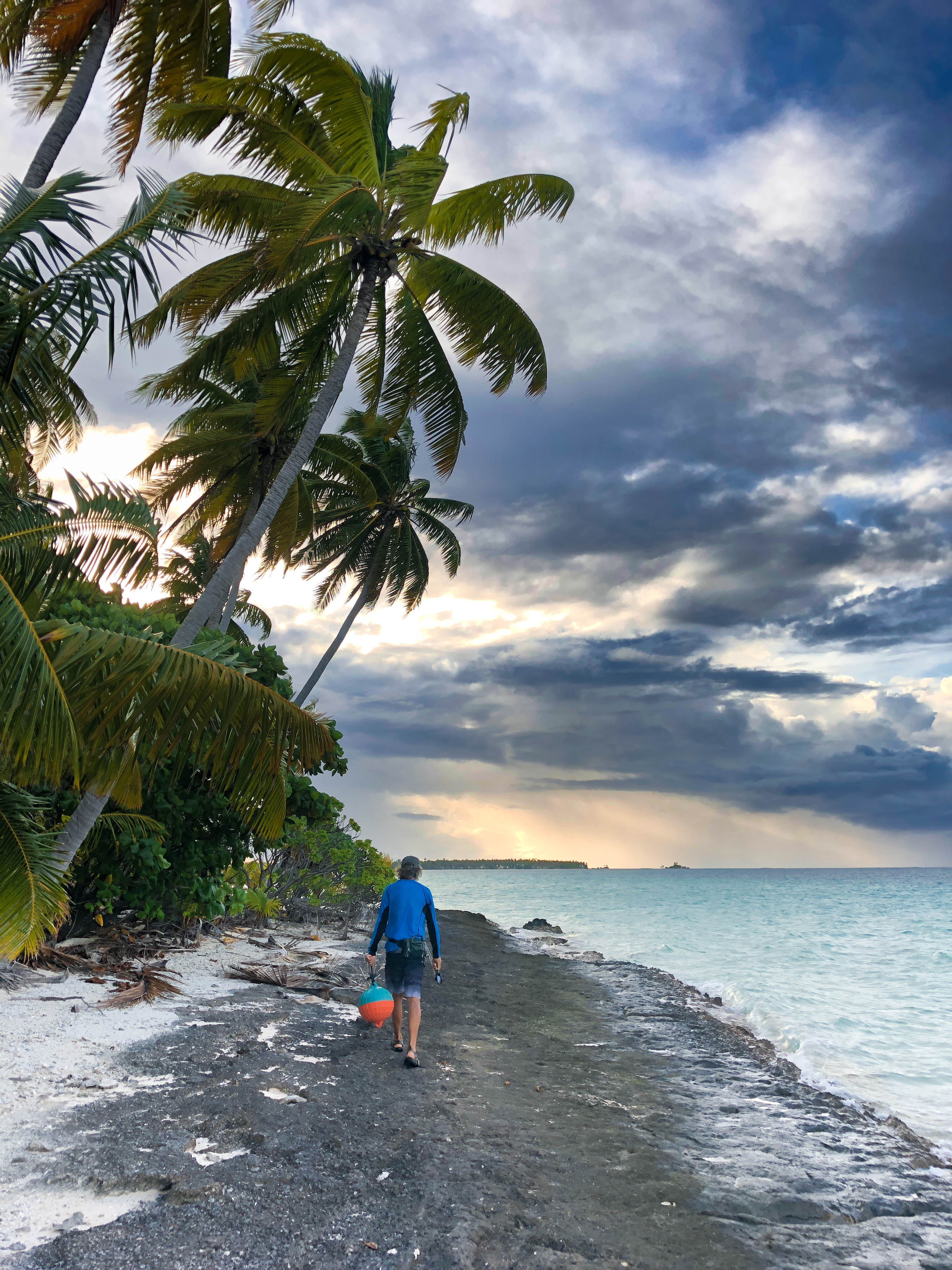





























 " data-envira-height="475" data-envira-width="570" />
" data-envira-height="475" data-envira-width="570" />







































 " data-envira-height="480" data-envira-width="570" />
" data-envira-height="480" data-envira-width="570" />
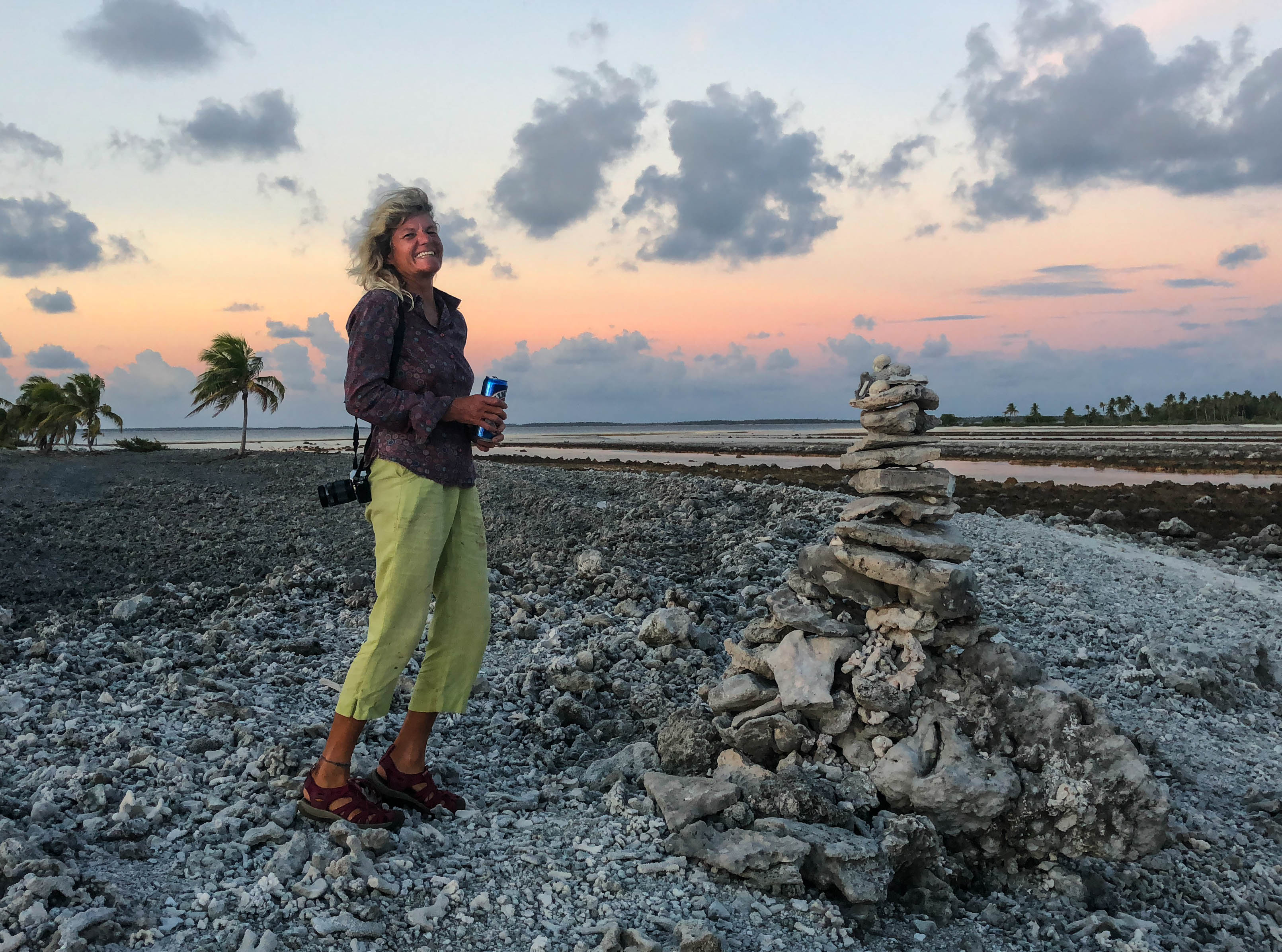




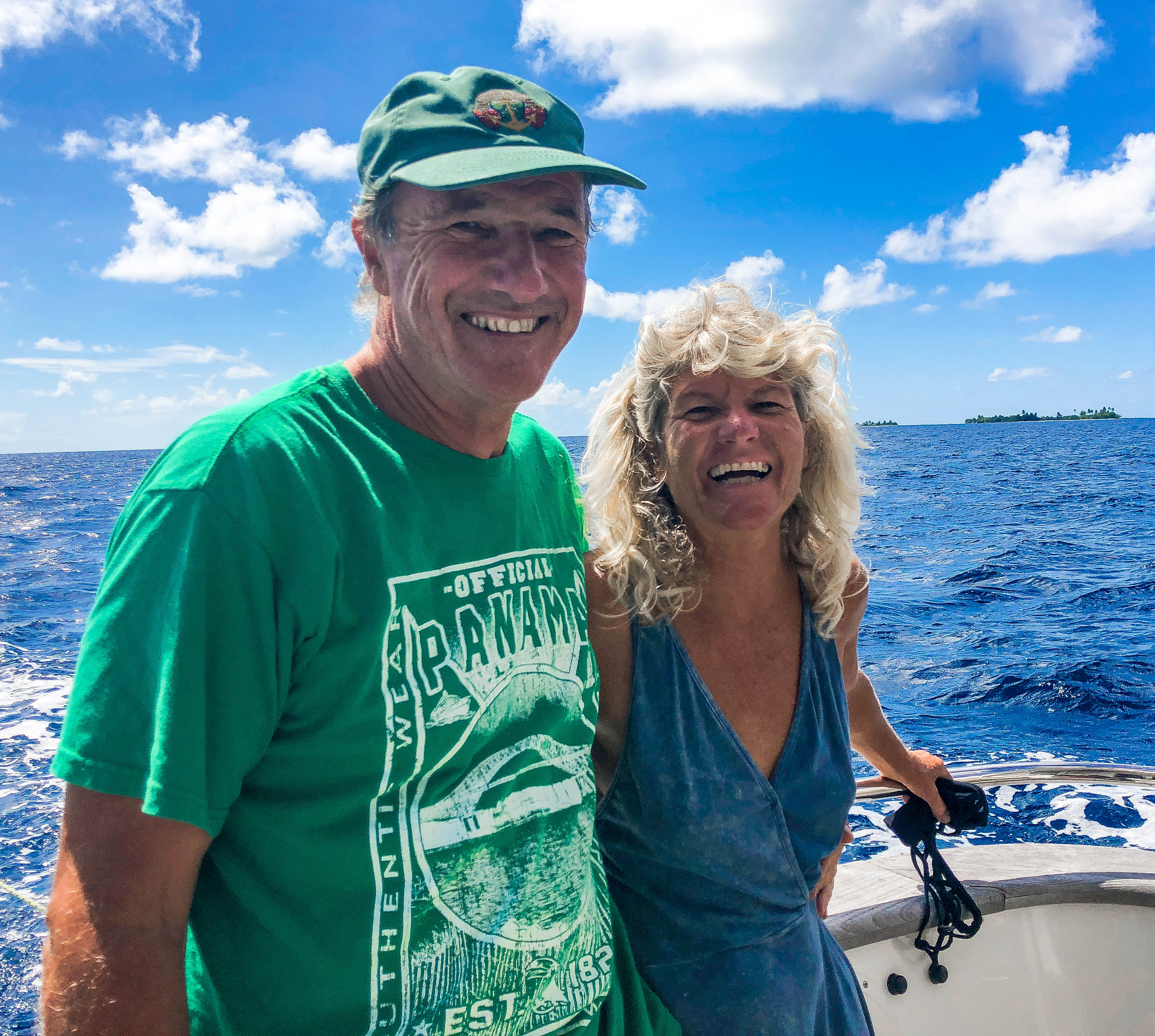











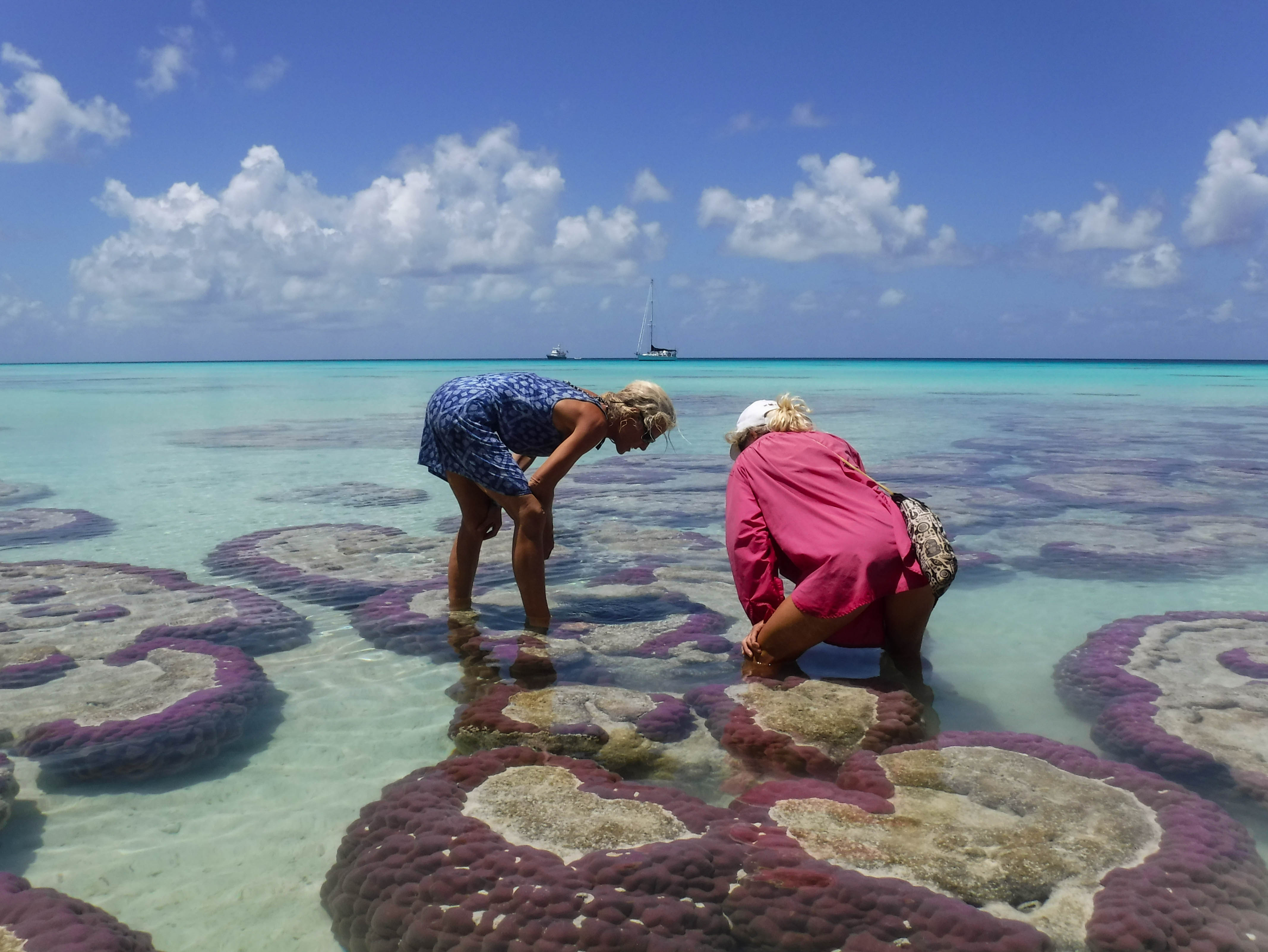



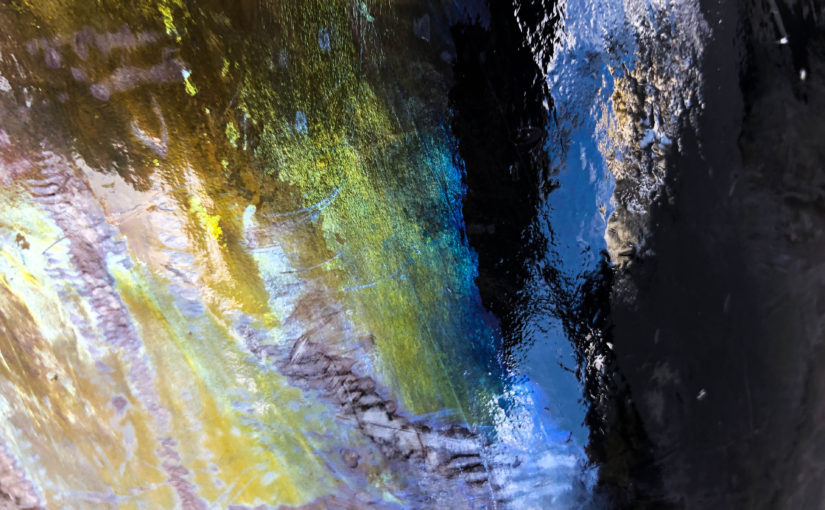
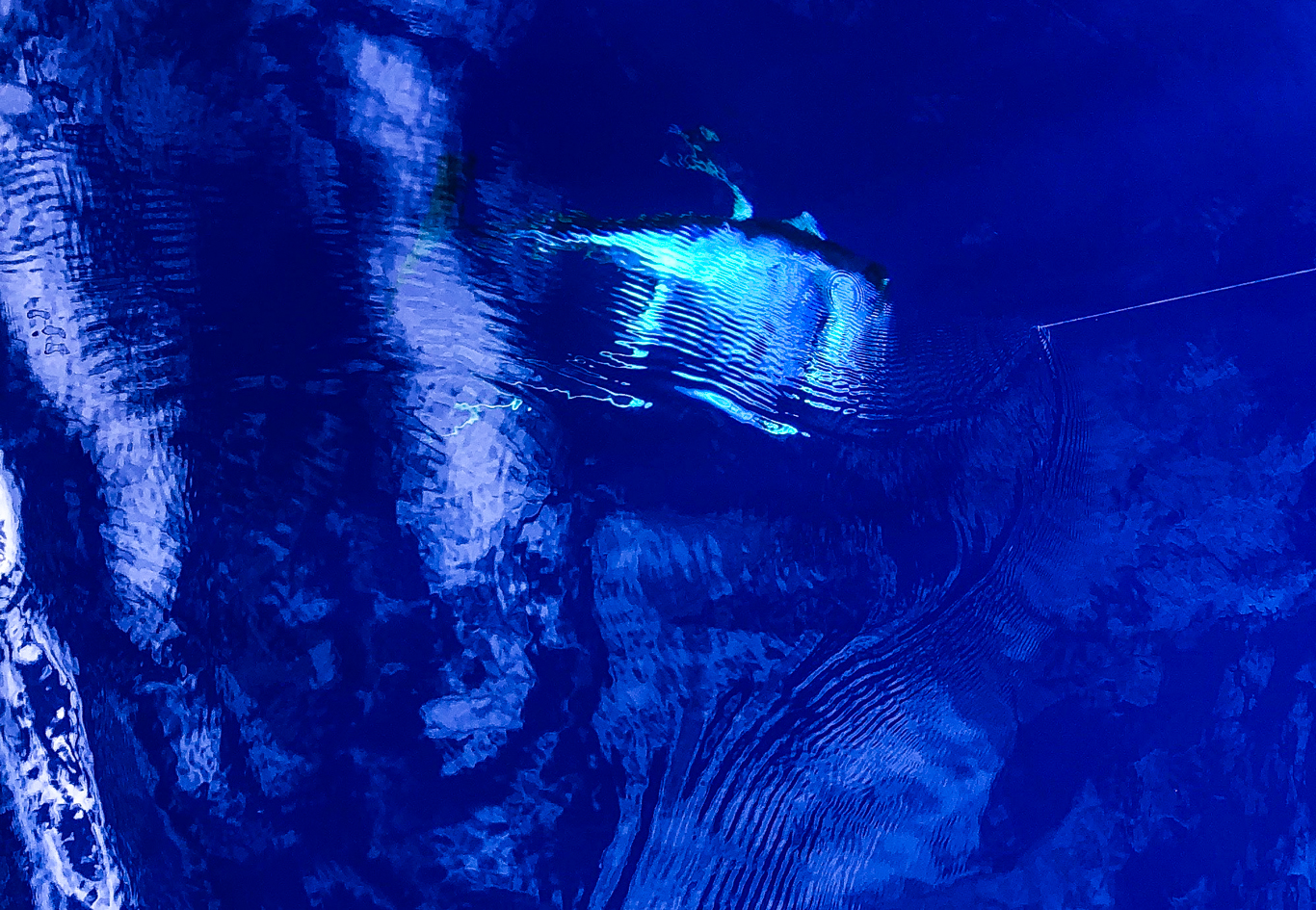

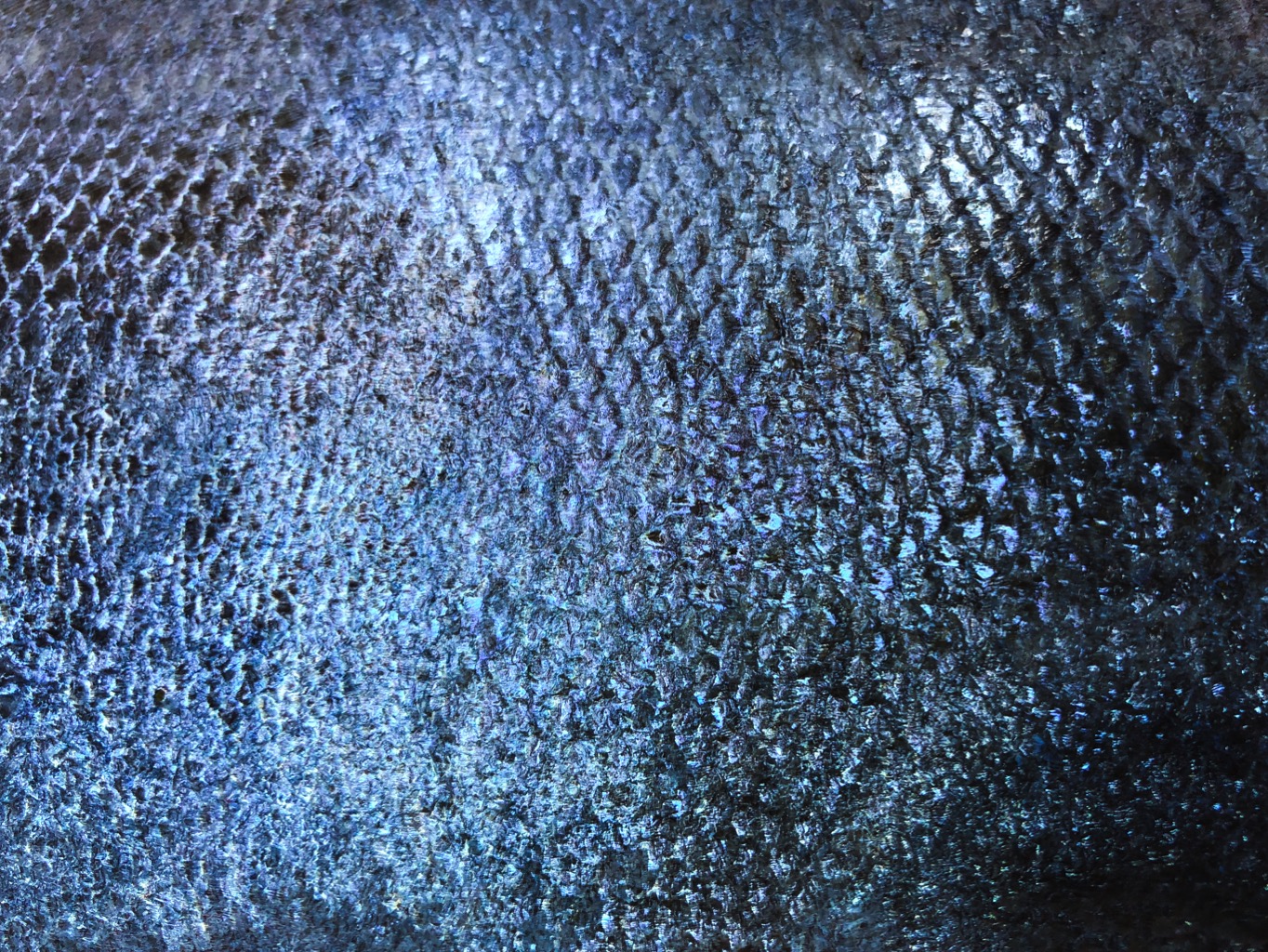
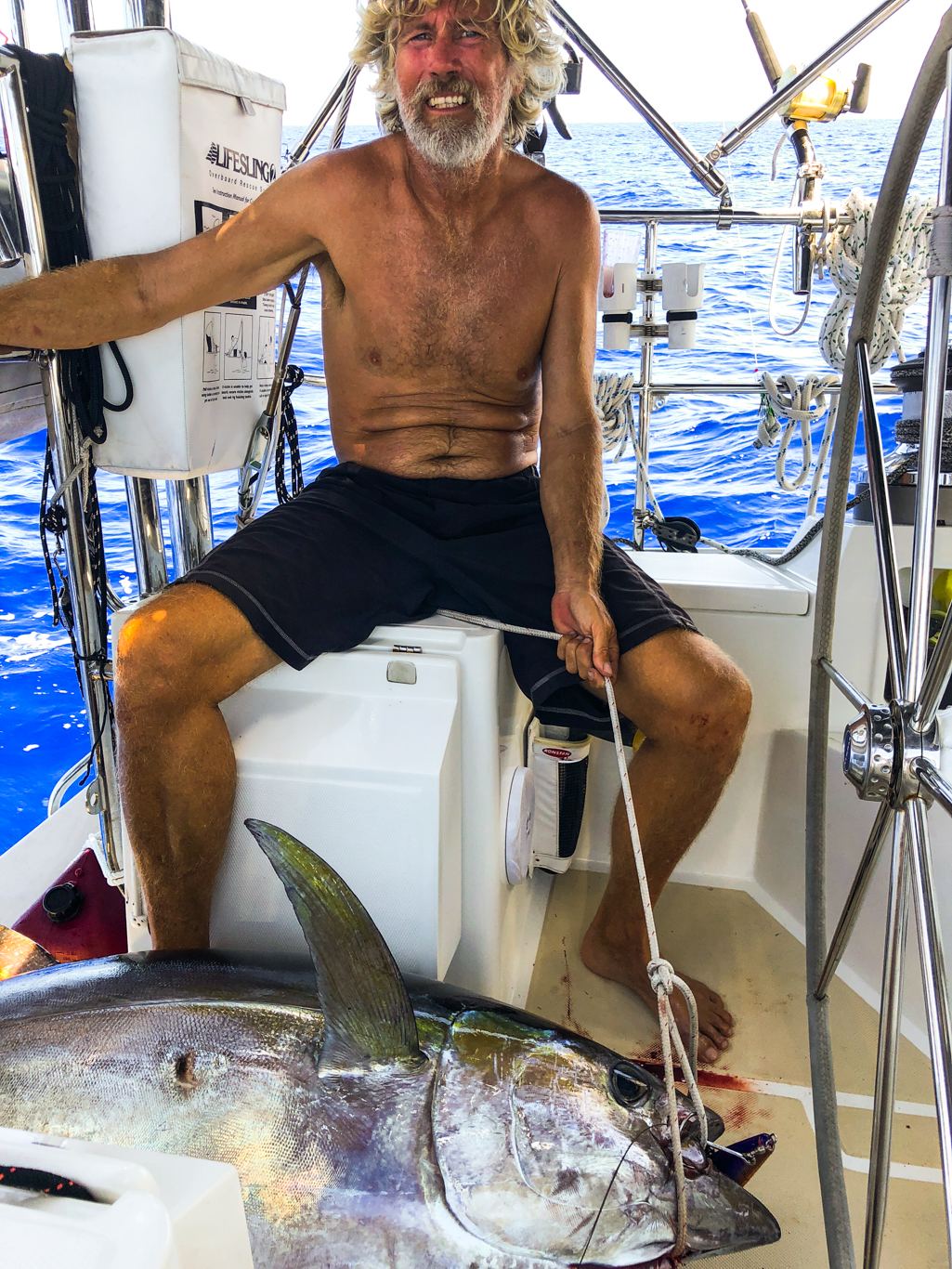
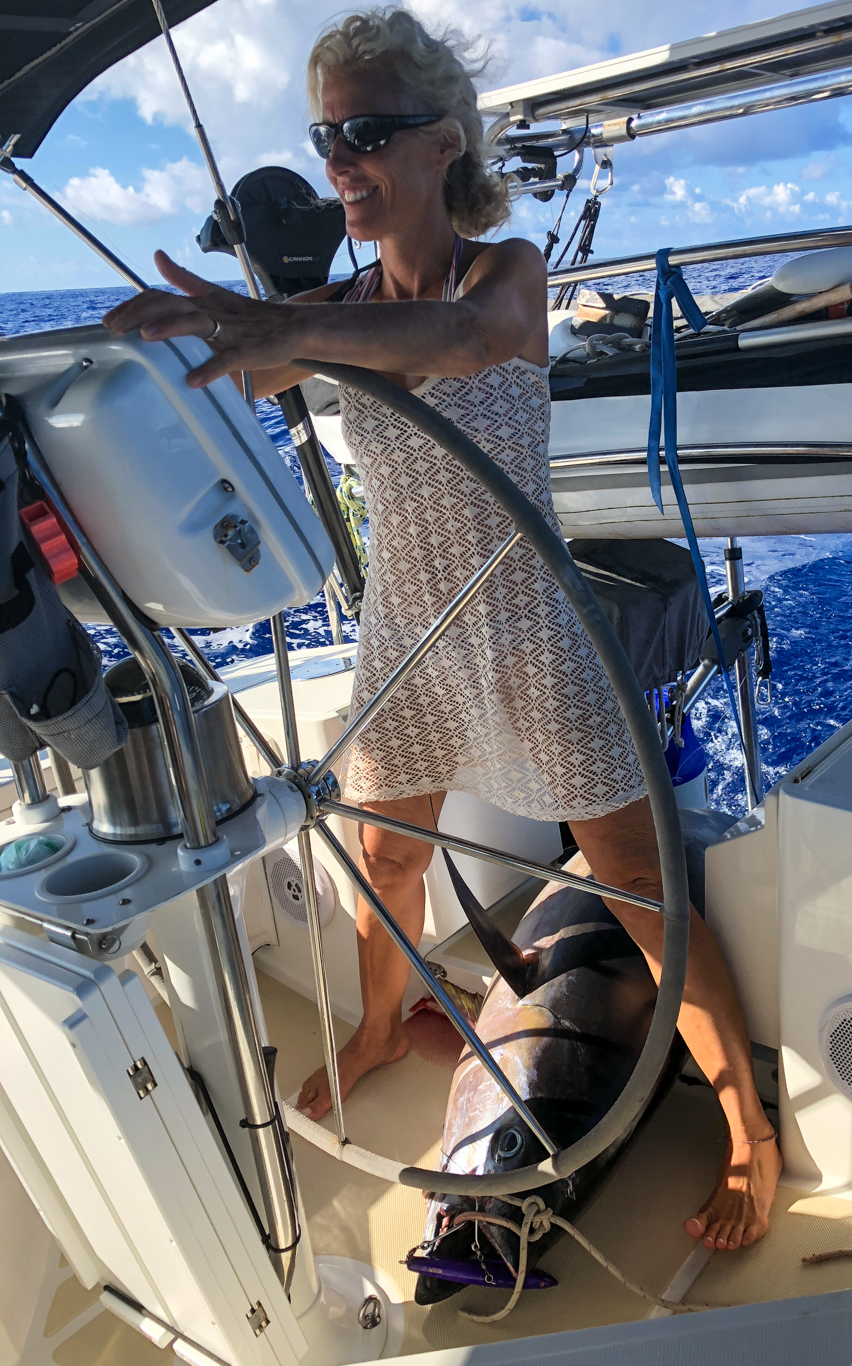

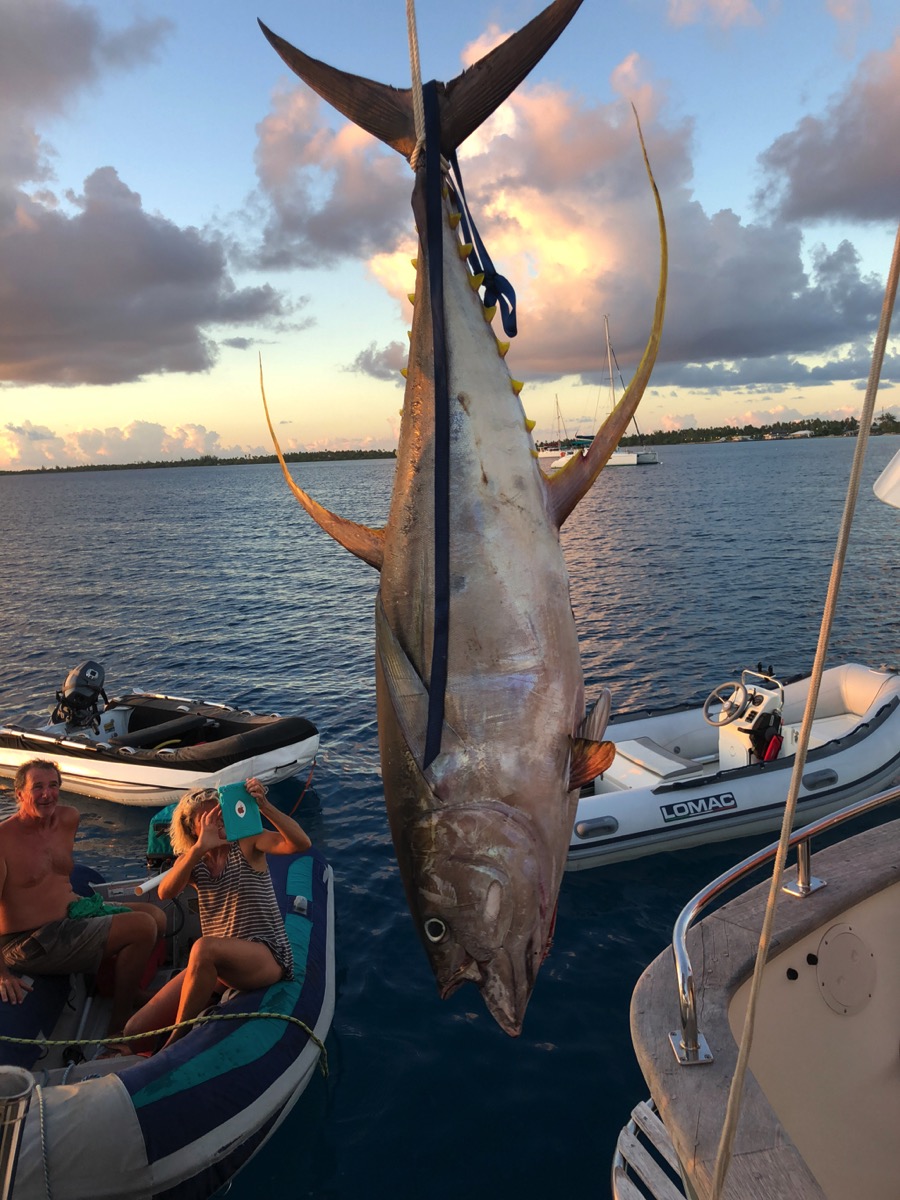

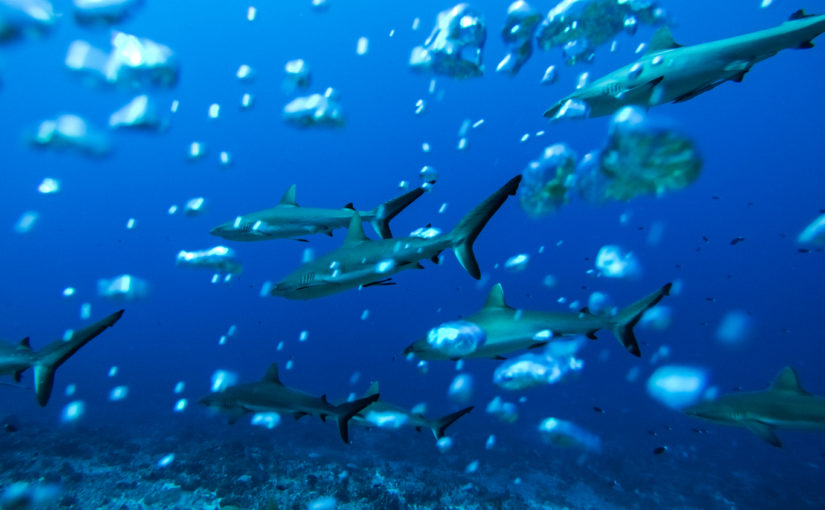










































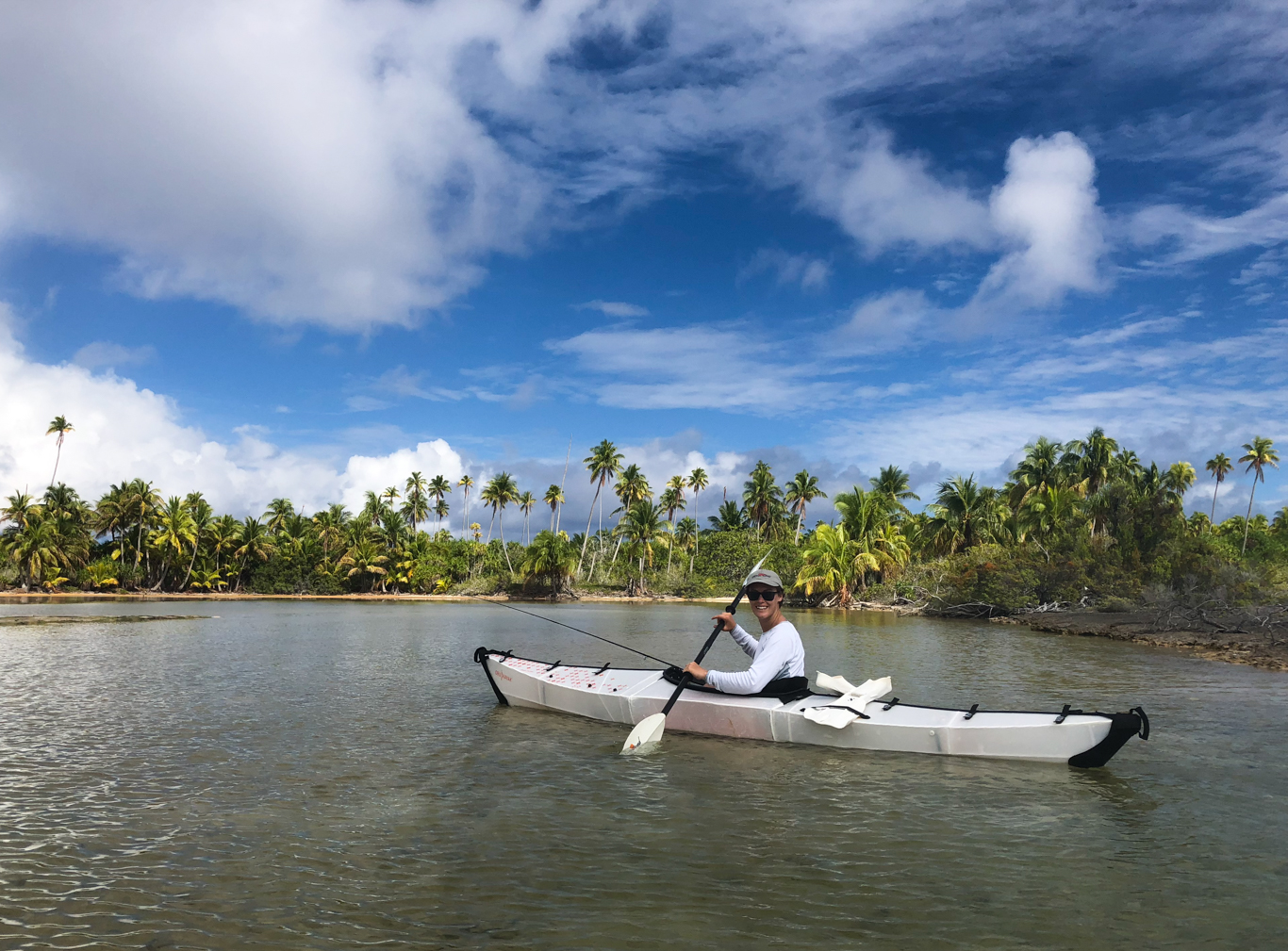

 " data-envira-height="428" data-envira-width="570" />
" data-envira-height="428" data-envira-width="570" />



















